GeoServer User Manual 2.15.1
geoserver-2.15.1-user-manual
User Manual:
Open the PDF directly: View PDF ![]() .
.
Page Count: 2061 [warning: Documents this large are best viewed by clicking the View PDF Link!]
- Introduction
- Installation
- Getting started
- Web administration interface
- Data management
- Styling
- Services
- Filtering
- Server configuration
- GeoServer data directory
- Running in a production environment
- REST
- Security
- GeoWebCache
- Extensions
- Control flow module
- DXF OutputFormat for WFS and WPS PPIO
- Excel WFS Output Format
- GRIB
- Imagemap
- Importer
- INSPIRE
- JP2K Plugin
- libjpeg-turbo Map Encoder Extension
- Monitoring
- NetCDF
- NetCDF Output Format
- OGR based WFS Output Format
- OGR based WPS Output Format
- GeoServer Printing Module
- Cross-layer filtering
- Vector Tiles
- XSLT WFS output format module
- Web Coverage Service 2.0 Earth Observation extensions
- MongoDB Data Store
- SLD REST Service
- Geofence Plugin
- Geofence Internal Server
- Community modules
- Key authentication module
- Authentication with OAuth2
- Authentication with Keycloak
- DDS/BIL(World Wind Data Formats) Extension
- Scripting
- SpatiaLite
- Dynamic colormap generation
- JDBCConfig
- MBTiles Extension
- GeoPackage Extension
- PGRaster
- WPS download community module
- JMS based Clustering
- SOLR data store
- GeoMesa data store
- GWC Distributed Caching community module
- GDAL based WCS Output Format
- GWC S3 BlobStore plugin
- GWC SQLite Plugin
- Parameters Extractor
- WPS Remote community module
- JDBCStore
- ncWMS WMS extensions support
- Backup and Restore Documentation
- OneLogin Authentication Filter
- WMTS Multidimensional
- Notification community module Plugin Documentation
- OpenSearch for EO
- S3 Support for GeoTiff
- Status Monitoring
- NSG Profile
- GHRSST NetCDF output
- Monitoring Hibernate storage
- Geoserver Task Manager
- Quality of Service and Experience Module (QoSE)
- Tutorials
- Freemarker Templates
- GeoRSS
- GetFeatureInfo Templates
- Paletted Images
- Serving Static Files
- WMS Reflector
- WMS Animator
- CQL and ECQL
- Using the ImageMosaic plugin for raster time-series data
- Using the ImageMosaic plugin for raster with time and elevation data
- Using the ImageMosaic plugin with footprint mangement
- Building and using an image pyramid
- Storing a coverage in a JDBC database
- Using the GeoTools feature-pregeneralized module
- Setting up a JNDI connection pool with Tomcat
- geoserver on JBoss
- Python Module Index

GeoServer User Manual
Release 2.15.1
GeoServer
April 29, 2019

Contents
1 Introduction 3
1.1 Overview ................................................ 3
1.2 History .................................................. 3
1.3 Getting involved ............................................ 4
1.4 License .................................................. 6
2 Installation 9
2.1 Windows installer ........................................... 9
2.2 Windows binary ............................................ 15
2.3 Mac OS X installer ........................................... 17
2.4 Mac OS X binary ............................................ 19
2.5 Linux binary .............................................. 21
2.6 Web archive ............................................... 22
2.7 Upgrading existing versions ..................................... 23
3 Getting started 25
3.1 Using the web administration interface ............................... 25
3.2 Publishing a shapefile ......................................... 28
3.3 Publishing a PostGIS table ...................................... 33
4 Web administration interface 41
4.1 About & Status ............................................. 41
4.2 Data ................................................... 42
4.3 Services ................................................. 42
4.4 Settings ................................................. 42
4.5 Tile Caching ............................................... 43
4.6 Security ................................................. 43
4.7 Demos .................................................. 43
4.8 Tools ................................................... 43
4.9 Extensions ................................................ 44
5 Data management 45
5.1 Data settings .............................................. 45
5.2 Vector data ............................................... 77
5.3 Raster data ............................................... 86
5.4 Databases ................................................ 133
5.5 Cascaded service data ......................................... 176
i

5.6 Application schemas .......................................... 185
6 Styling 261
6.1 Styles ................................................... 261
6.2 SLD Styling ............................................... 268
6.3 Generating SLD styles with QGIS .................................. 453
6.4 CSS Styling ............................................... 460
6.5 YSLD Styling .............................................. 560
6.6 MBStyle Styling ............................................. 701
6.7 Styling Workshop ........................................... 809
7 Services 1063
7.1 Web Map Service (WMS) ....................................... 1063
7.2 Web Feature Service (WFS) ...................................... 1156
7.3 Web Coverage Service (WCS) ..................................... 1178
7.4 Web Processing Service (WPS) .................................... 1186
7.5 Catalog Services for the Web (CSW) ................................. 1216
8 Filtering 1227
8.1 Supported filter languages ...................................... 1227
8.2 Filter Encoding Reference ....................................... 1228
8.3 ECQL Reference ............................................ 1233
8.4 Filter functions ............................................. 1238
8.5 Filter Function Reference ....................................... 1240
9 Server configuration 1249
9.1 Status .................................................. 1249
9.2 Contact Information .......................................... 1252
9.3 Global Settings ............................................. 1254
9.4 Image Processing ............................................ 1259
9.5 Raster Access .............................................. 1261
9.6 REST Configuration .......................................... 1263
9.7 Advanced log configuration ..................................... 1263
9.8 Coordinate Reference System Handling ............................... 1265
9.9 Virtual Services ............................................. 1275
9.10 Demos .................................................. 1277
10 GeoServer data directory 1285
10.1 Data directory default location .................................... 1285
10.2 Setting the data directory location .................................. 1286
10.3 Structure of the data directory .................................... 1289
10.4 Migrating a data directory between versions ............................ 1292
10.5 Parameterize catalog settings ..................................... 1293
11 Running in a production environment 1295
11.1 Java Considerations .......................................... 1295
11.2 Container Considerations ....................................... 1299
11.3 Configuration Considerations .................................... 1301
11.4 Data Considerations .......................................... 1304
11.5 Linux init scripts ............................................ 1306
11.6 Other Considerations ......................................... 1306
11.7 Troubleshooting ............................................ 1307
11.8 Make cluster nodes identifiable from the GUI ........................... 1313
12 REST 1315
ii

12.1 API .................................................... 1315
12.2 Examples ................................................ 1317
13 Security 1385
13.1 Security settings ............................................ 1385
13.2 Role system ............................................... 1416
13.3 Authentication ............................................. 1429
13.4 Passwords ................................................ 1439
13.5 Root account .............................................. 1442
13.6 Service Security ............................................. 1442
13.7 Layer security .............................................. 1445
13.8 REST Security .............................................. 1451
13.9 Disabling security ........................................... 1453
13.10 Tutorials ................................................. 1453
14 GeoWebCache 1493
14.1 GeoWebCache settings ......................................... 1493
14.2 Using GeoWebCache .......................................... 1511
14.3 Configuration .............................................. 1514
14.4 Seeding and refreshing ........................................ 1519
14.5 HTTP Response Headers ....................................... 1520
14.6 GeoWebCache REST API ....................................... 1523
14.7 Troubleshooting ............................................ 1534
15 Extensions 1539
15.1 Control flow module .......................................... 1539
15.2 DXF OutputFormat for WFS and WPS PPIO ............................ 1543
15.3 Excel WFS Output Format ....................................... 1546
15.4 GRIB ................................................... 1547
15.5 Imagemap ................................................ 1548
15.6 Importer ................................................. 1549
15.7 INSPIRE ................................................. 1587
15.8 JP2K Plugin ............................................... 1592
15.9 libjpeg-turbo Map Encoder Extension ................................ 1593
15.10 Monitoring ............................................... 1595
15.11 NetCDF ................................................. 1608
15.12 NetCDF Output Format ........................................ 1616
15.13 OGR based WFS Output Format ................................... 1619
15.14 OGR based WPS Output Format ................................... 1622
15.15 GeoServer Printing Module ...................................... 1623
15.16 Cross-layer filtering .......................................... 1649
15.17 Vector Tiles ............................................... 1654
15.18 XSLT WFS output format module .................................. 1660
15.19 Web Coverage Service 2.0 Earth Observation extensions ..................... 1664
15.20 MongoDB Data Store ......................................... 1674
15.21 SLD REST Service ........................................... 1675
15.22 Geofence Plugin ............................................ 1685
15.23 Geofence Internal Server ....................................... 1691
16 Community modules 1705
16.1 Key authentication module ...................................... 1705
16.2 Authentication with OAuth2 ..................................... 1714
16.3 Authentication with Keycloak .................................... 1733
16.4 DDS/BIL(World Wind Data Formats) Extension .......................... 1737
16.5 Scripting ................................................. 1741
iii

16.6 SpatiaLite ................................................ 1762
16.7 Dynamic colormap generation .................................... 1764
16.8 JDBCConfig ............................................... 1768
16.9 MBTiles Extension ........................................... 1770
16.10 GeoPackage Extension ......................................... 1772
16.11 PGRaster ................................................ 1775
16.12 WPS download community module ................................. 1777
16.13 JMS based Clustering ......................................... 1792
16.14 SOLR data store ............................................ 1806
16.15 GeoMesa data store .......................................... 1813
16.16 GWC Distributed Caching community module .......................... 1814
16.17 GDAL based WCS Output Format .................................. 1814
16.18 GWC S3 BlobStore plugin ....................................... 1818
16.19 GWC SQLite Plugin .......................................... 1821
16.20 Parameters Extractor .......................................... 1825
16.21 WPS Remote community module .................................. 1829
16.22 JDBCStore ................................................ 1876
16.23 ncWMS WMS extensions support .................................. 1879
16.24 Backup and Restore Documentation ................................. 1885
16.25 OneLogin Authentication Filter ................................... 1903
16.26 WMTS Multidimensional ....................................... 1905
16.27 Notification community module Plugin Documentation ..................... 1917
16.28 OpenSearch for EO ........................................... 1921
16.29 S3 Support for GeoTiff ......................................... 1933
16.30 Status Monitoring ........................................... 1934
16.31 NSG Profile ............................................... 1938
16.32 GHRSST NetCDF output ....................................... 1940
16.33 Monitoring Hibernate storage .................................... 1943
16.34 Geoserver Task Manager ....................................... 1946
16.35 Quality of Service and Experience Module (QoSE) ......................... 1969
17 Tutorials 1975
17.1 Freemarker Templates ......................................... 1975
17.2 GeoRSS ................................................. 1977
17.3 GetFeatureInfo Templates ....................................... 1981
17.4 Paletted Images ............................................. 1986
17.5 Serving Static Files ........................................... 1994
17.6 WMS Reflector ............................................. 1994
17.7 WMS Animator ............................................. 1997
17.8 CQL and ECQL ............................................. 2001
17.9 Using the ImageMosaic plugin for raster time-series data ..................... 2006
17.10 Using the ImageMosaic plugin for raster with time and elevation data ............. 2018
17.11 Using the ImageMosaic plugin with footprint mangement .................... 2021
17.12 Building and using an image pyramid ................................ 2030
17.13 Storing a coverage in a JDBC database ................................ 2033
17.14 Using the GeoTools feature-pregeneralized module ........................ 2040
17.15 Setting up a JNDI connection pool with Tomcat .......................... 2048
17.16 geoserver on JBoss ........................................... 2053
Python Module Index 2055
iv

GeoServer User Manual, Release 2.15.1
GeoServer is an open source software server written in Java that allows users to share and edit geospa-
tial data. Designed for interoperability, it publishes data from any major spatial data source using open
standards.
This User Manual is a comprehensive guide to all aspects of using GeoServer. Whether you are a novice or
a veteran user of this software, we hope that this documentation will be a helpful reference.
Introduction Learn about GeoServer.
Installation Install GeoServer for your platform.
Getting started Tutorials to help you get started with GeoServer.
Web administration interface Navigate the GeoServer graphical interface.
Data management Load and publish data from a variety of sources.
Styling Styling and visualization for published layers in GeoServer.
Services OGC services, the primary method of publishing data in GeoServer.
Filtering Filter your requests and responses to increase efficiency.
Server configuration Configuration options for GeoServer administrators.
GeoServer data directory Settings and configuration files for GeoServer.
Running in a production environment Best practices for using GeoServer.
REST Interact programmatically with GeoServer without using the graphical interface.
Security Secure and restrict access to data and services.
GeoWebCache Accelerate your GeoServer with tile caching.
Extensions Add extra functionality to GeoServer with extensions.
Community modules Add cutting-edge functionality to GeoServer with community modules.
Tutorials Other tips and tricks for getting the most out of your GeoServer instance.
Contents 1

GeoServer User Manual, Release 2.15.1
2 Contents

CHAPTER 1
Introduction
This section gives an overview of GeoServer the project, its background, and what it can do for you.
For those who wish to get started with GeoServer right away, feel free to skip to the Installation section.
1.1 Overview
GeoServer is an open source software server written in Java that allows users to share and edit geospa-
tial data. Designed for interoperability, it publishes data from any major spatial data source using open
standards.
Being a community-driven project, GeoServer is developed, tested, and supported by a diverse group of
individuals and organizations from around the world.
GeoServer is the reference implementation of the Open Geospatial Consortium (OGC) Web Feature Service
(WFS) and Web Coverage Service (WCS) standards, as well as a high performance certified compliant Web
Map Service (WMS). GeoServer forms a core component of the Geospatial Web.
1.2 History
GeoServer was started in 2001 by The Open Planning Project (TOPP), a non-profit technology incubator
based in New York. TOPP was creating a suite of tools to enable open democracy and to help make gov-
ernment more transparent. The first of these was GeoServer, which came out of a recognition that a suite of
tools to enable citizen involvement in government and urban planning would be greatly enhanced by the
ability to share spatial data.
The GeoServer founders envisioned a Geospatial Web, analogous to the World Wide Web. With the World
Wide Web, one can search for and download text. With the Geospatial Web, one can search for and down-
load spatial data. Data providers would be able to publish their data straight to this web, and users could
directly access it, as opposed to the now indirect and cumbersome methods of sharing data that exist today.
3

GeoServer User Manual, Release 2.15.1
Those involved with GeoServer founded the GeoTools project, an open source GIS Java toolkit. Through
GeoTools, support for shapefiles, Oracle databases, ArcSDE integration, and much more was added.
Around the same time as GeoServer was founded, The OpenGIS Consortium (now the Open Geospatial
Consortium) was working on the Web Feature Service standard. It specifies a protocol to make spatial data
directly available on the web, using GML (Geographic Markup Language), an interoperable data format. A
Web Map Service was also created, a protocol for creating and displaying map images created from spatial
data.
Other projects became interrelated. Refractions Research created PostGIS, a free and open spatial database,
which enabled GeoServer to connect to a free database. Also, MetaCarta originally created OpenLayers, an
open source browser-based map viewing utility. Together, these tools have all enhanced the functionality
of GeoServer.
GeoServer can now read data from over a dozen spatial data sources and output to many different formats.
Now in its second decade, GeoServer is continuing on its mission to make spatial data more accessible to
all.
1.3 Getting involved
GeoServer exists because of the efforts of people like you.
There are many ways that you can help out with the GeoServer project. GeoServer fully embraces an open
source development model that does not see a split between user and developer, producer and consumer,
but instead sees everyone as a valuable contributor.
1.3.1 Development
Helping to develop GeoServer is the obvious way to help out. Developers usually start with bug fixes and
other small patches, and then move into larger contributions as they learn the system. Our developers are
more than happy to help out as you learn and get acquainted. We try our hardest to keep our code clean
and well documented.
You can find the project on GitHub. As part of the GitHub model, anyone can submit patches as pull
requests, which will be evaluated by the team. To learn more about contributing to the GeoServer codebase,
we highly recommend joining the GeoServer developers mailing list. See details below.
1.3.2 Documentation
Another crucial way to help out is with documentation. Whether it’s adding tutorials or just correcting
mistakes, every contribution serves to make the project more healthy. And the best part is that you do not
need to be a developer in order to contribute.
Our official documentation is contained as part of our official code repository. As part of the GitHub model,
anyone can submit patches as pull requests, which will be evaluated by the team.
To learn more about contributing to the GeoServer codebase, we highly recommend joining the GeoServer
developers mailing list (see details below). For typos and other small changes, please see our Documenta-
tion Guide for how to make quick fixes.
1.3.3 Mailing lists
GeoServer maintains two email lists:
4 Chapter 1. Introduction

GeoServer User Manual, Release 2.15.1
•GeoServer Users
•GeoServer Developers
The Users list is mainly for those who have questions relating to the use of GeoServer, and the Developers
list is for more code-specific and roadmap-based discussions. If you see a question asked on these lists that
you know the answer to, please respond!
These lists are publicly available and are a great resource for those who are new to GeoServer, who need a
question answered, or who are interested in contributing code.
1.3.4 IRC
Users can join the IRC channel, #geoserver, on the Freenode network, in order to collaborate in real time.
GeoServer developers occasionally will be in this channel as well.
1.3.5 Bug tracking
If you have a problem when working with GeoServer, then please let us know through the mailing lists.
GeoServer uses JIRA , a bug tracking website, to manage issue reports. In order to submit an issue, you’ll
need to create an account first.
Everyone is encouraged to submit patches and, if possible, fix issues as well. We welcome patches through
JIRA, or pull requests to GitHub.
Responsible Disclosure
Warning: If you encounter a security vulnerability in GeoServer please take care to report the issue in
a responsible fashion:
• Keep exploit details out of issue report (send to developer/PSC privately – just like you would do
for sensitive sample data)
• Mark the issue as a vulnerability.
• Be prepared to work with Project Steering Committee (PSC) members on a solution
Keep in mind PSC members are volunteers and an extensive fix may require fundraising / resources
If you are not in position to communicate in public please consider commercial support, contacting a PSC
member, or reaching us via the Open Source Geospatial Foundation at info@osgeo.org.
1.3.6 Translation
We would like GeoServer available in as many languages as possible. The two areas of GeoServer to trans-
late are the text that appears in the Web administration interface and this documentation. If you are interested
in helping with this task, please let us know via the mailing lists.
1.3.7 Suggest improvements
If you have suggestions as to how we can make GeoServer better, we would love to hear them. You can
contact us through the mailing lists or submit a feature request through JIRA.
1.3. Getting involved 5

GeoServer User Manual, Release 2.15.1
1.3.8 Spread the word
A further way to help out the GeoServer project is to spread the word. Word-of-mouth information sharing
is more powerful than any marketing, and the more people who use our software, the better it will become.
1.3.9 Fund improvements
A final way to help out is to push for GeoServer to be used in your own organization. A number of com-
mercial organizations offer support for GeoServer, and any improvements made due to that funding will
benefit the entire GeoServer community.
1.4 License
For complete license details review LICENSE.txt.
GeoServer is free software and is licensed under the GNU General Public License:
GeoServer, open geospatial information server
Copyright (C) 2014-2016 Open Source Geospatial Foundation.
Copyright (C) 2001-2014 OpenPlans
This program is free software; you can redistribute it and/or modify
it under the terms of the GNU General Public License as published by
the Free Software Foundation; either version 2of the License, or
(at your option) any later version (collectively, "GPL").
As an exception to the terms of the GPL, you may copy, modify,
propagate, and distribute a work formed by combining GeoServer with the
EMF, XSD and OSHI Libraries, or a work derivative of such a combination, even if
such copying, modification, propagation, or distribution would otherwise
violate the terms of the GPL.Nothing in this exception exempts you from
complying with the GPL in all respects for all of the code used other
than the EMF, XSD and OSHI Libraries.You may include this exception and its grant
of permissions when you distribute GeoServer.Inclusion of this notice
with such a distribution constitutes a grant of such permissions.If
you do not wish to grant these permissions, remove this paragraph from
your distribution."GeoServer" means the GeoServer software licensed
under version 2or any later version of the GPL, or a work based on such
software and licensed under the GPL."EMF, XSD and OSHI Libraries" means
Eclipse Modeling Framework Project and XML Schema Definition software
distributed by the Eclipse Foundation and the OSHI library, all licensed
under the Eclipse Public License Version 1.0 ("EPL"), or a work based on
such software and licensed under the EPL.
This program is distributed in the hope that it will be useful,
but WITHOUT ANY WARRANTY; without even the implied warranty of
MERCHANTABILITY or FITNESS FOR A PARTICULAR PURPOSE.See the
GNU General Public License for more details.
You should have received a copy of the GNU General Public License
along with this program; if not, write to the Free Software
Foundation, Inc.,51 Franklin Street, Suite 500, Boston, MA 02110-1335 USA
This product includes software developed by the Apache Software Foundation (http://www.apache.org/)
licensed under the Apache License Version 2.0 and Apache License Version 1.1.
6 Chapter 1. Introduction

GeoServer User Manual, Release 2.15.1
This product includes software developed by the Eclipse Software Foundation under the Eclipse
Public License.
1.4. License 7

GeoServer User Manual, Release 2.15.1
8 Chapter 1. Introduction

CHAPTER 2
Installation
There are many ways to install GeoServer on your system. This section will discuss the various installation
paths available.
If using Windows or OS X, we recommend using the installers.
Note: To run GeoServer as part of an existing servlet container such as Tomcat, please see the Web archive
section.
Warning: GeoServer requires a Java 8 environment (JRE) to be installed on your system. This must be
done prior to installation.
2.1 Windows installer
The Windows installer provides an easy way to set up GeoServer on your system, as it requires no config-
uration files to be edited or command line settings.
1. Make sure you have a Java Runtime Environment (JRE) installed on your system. GeoServer requires
aJava 8 environment. The Oracle JRE is preferred, but OpenJDK has been known to work adequately.
You can download JRE 8 from Oracle.
Note: Java 9 is not currently supported.
Note: For more information about Java and GeoServer, please see the section on Java Considerations.
2. Navigate to the GeoServer Download page.
9

GeoServer User Manual, Release 2.15.1
3. Select the version of GeoServer that you wish to download. If you’re not sure, select Stable.
4. Click the link for the Windows installer.
Fig. 2.1: Downloading the Windows installer
5. After downloading, double-click the file to launch.
6. At the Welcome screen, click Next.
Fig. 2.2: Welcome screen
7. Read the License and click I Agree.
8. Select the directory of the installation, then click Next.
9. Select the Start Menu directory name and location, then click Next.
10. Enter the path to a valid Java Runtime Environment (JRE). GeoServer requires a valid JRE in order
to run, so this step is required. The installer will inspect your system and attempt to automatically
populate this box with a JRE if it is found, but otherwise you will have to enter this path manually.
When finished, click Next.
Note: A typical path on Windows would be C:\Program Files\Java\jre8.
Note: Don’t include the \bin in the JRE path. So if java.exe is located at C:\Program Files
(x86)\Java\jre8\bin\java.exe, set the path to be C:\Program Files (x86)\Java\jre8.
10 Chapter 2. Installation

GeoServer User Manual, Release 2.15.1
Fig. 2.3: GeoServer license
Fig. 2.4: GeoServer install directory
2.1. Windows installer 11

GeoServer User Manual, Release 2.15.1
Fig. 2.5: Start menu location
Note: For more information about Java and GeoServer, please see the section on Java Considerations.
Fig. 2.6: Selecting a valid JRE
11. Enter the path to your GeoServer data directory or select the default. If this is your first time using
GeoServer, select the Default data directory. When finished, click Next.
12. Enter the username and password for administration of GeoServer. GeoServer’s Web administration
interface requires authentication for management, and what is entered here will become those admin-
istrator credentials. The defaults are admin / geoserver. It is recommended to change these from the
defaults. When finished, click Next.
13. Enter the port that GeoServer will respond on. This affects the location of the GeoServer Web admin-
istration interface, as well as the endpoints of the GeoServer services such as Web Map Service (WMS)
and Web Feature Service (WFS). The default port is 8080, though any valid and unused port will work.
When finished, click Next.
12 Chapter 2. Installation

GeoServer User Manual, Release 2.15.1
Fig. 2.7: Setting a GeoServer data directory
Fig. 2.8: Setting the username and password for GeoServer administration
2.1. Windows installer 13

GeoServer User Manual, Release 2.15.1
Fig. 2.9: Setting the GeoServer port
14. Select whether GeoServer should be run manually or installed as a service. When run manually,
GeoServer is run like a standard application under the current user. When installed as a service,
GeoServer is integrated into Windows Services, and thus is easier to administer. If running on a
server, or to manage GeoServer as a service, select Install as a service. Otherwise, select Run manually.
When finished, click Next.
Fig. 2.10: Installing GeoServer as a service
15. Review your selections and click the Back button if any changes need to be made. Otherwise, click
Install.
16. GeoServer will install on your system. When finished, click Finish to close the installer.
17. If you installed GeoServer as a service, it is already running. Otherwise, you can start GeoServer by
going to the Start Menu, and clicking Start GeoServer in the GeoServer folder.
18. Navigate to http://localhost:8080/geoserver (or wherever you installed GeoServer) to ac-
cess the GeoServer Web administration interface.
14 Chapter 2. Installation

GeoServer User Manual, Release 2.15.1
Fig. 2.11: Verifying settings
If you see the GeoServer logo, then GeoServer is successfully installed.
Fig. 2.12: GeoServer installed and running successfully
2.1.1 Uninstallation
GeoServer can be uninstalled in two ways: by running the uninstall.exe file in the directory where
GeoServer was installed, or by standard Windows program removal.
2.2 Windows binary
Note: For the wizard-based installer on Windows, please see the section on the Windows installer. For
installing on Windows with an existing application server such as Tomcat, please see the Web archive section.
2.2. Windows binary 15

GeoServer User Manual, Release 2.15.1
An alternate way of installing GeoServer on Windows is to use the platform-independent binary. This
version is a GeoServer web application bundled inside Jetty, a lightweight and portable application server.
It has the advantages of working very similarly across all operating systems and is very simple to set up.
2.2.1 Installation
1. Make sure you have a Java Runtime Environment (JRE) installed on your system. GeoServer requires
aJava 8 environment. The Oracle JRE is preferred, but OpenJDK has been known to work adequately.
You can download JRE 8 from Oracle.
Note: Java 9 is not currently supported.
Note: For more information about Java and GeoServer, please see the section on Java Considerations.
2. Navigate to the GeoServer Download page.
3. Select the version of GeoServer that you wish to download. If you’re not sure, select Stable.
4. Select Platform Independent Binary on the download page.
5. Download the archive and unpack to the directory where you would like the program to be located.
Note: A suggested location would be C:\Program Files\GeoServer.
Setting environment variables
You will need to set the JAVA_HOME environment variable if it is not already set. This is the path to your
JRE such that %JAVA_HOME%\bin\java.exe exists.
1. Navigate to Control Panel →System →Advanced →Environment Variables.
2. Under System variables click New.
3. For Variable name enter JAVA_HOME. For Variable value enter the path to your JDK/JRE.
4. Click OK three times.
Note: You may also want to set the GEOSERVER_HOME variable, which is the directory where GeoServer
is installed, and the GEOSERVER_DATA_DIR variable, which is the location of the GeoServer data directory
(which by default is %GEOSERVER_HOME\data_dir). The latter is mandatory if you wish to use a data
directory other than the default location. The procedure for setting these variables is identical to setting the
JAVA_HOME variable.
2.2.2 Running
Note: This can be done either via Windows Explorer or the command line.
1. Navigate to the bin directory inside the location where GeoServer is installed.
16 Chapter 2. Installation

GeoServer User Manual, Release 2.15.1
2. Run startup.bat. A command-line window will appear and persist. This window contains diag-
nostic and troubleshooting information. This window must be left open, otherwise GeoServer will
shut down.
3. Navigate to http://localhost:8080/geoserver (or wherever you installed GeoServer) to ac-
cess the GeoServer Web administration interface.
If you see the GeoServer logo, then GeoServer is successfully installed.
Fig. 2.13: GeoServer installed and running successfully
2.2.3 Stopping
To shut down GeoServer, either close the persistent command-line window, or run the shutdown.bat file
inside the bin directory.
2.2.4 Uninstallation
1. Stop GeoServer (if it is running).
2. Delete the directory where GeoServer is installed.
2.3 Mac OS X installer
The Mac OS X installer provides an easy way to set up GeoServer on your system, as it requires no config-
uration files to be edited or command line settings.
1. Make sure you have a Java Runtime Environment (JRE) installed on your system. GeoServer requires
aJava 8 environment, and the JRE supplied by OS X is not sufficient. For more information, please
see the instructions for installing Oracle Java on OS X.
Note: Java 9 is not currently supported.
2.3. Mac OS X installer 17

GeoServer User Manual, Release 2.15.1
Note: For more information about Java and GeoServer, please see the section on Java Considerations.
2. Navigate to the GeoServer Download page.
3. Select the version of GeoServer that you wish to download. If you’re not sure, select Stable.
4. Click the link for the Mac OS X installer to begin the download.
5. When downloaded, double click on the file to open it.
6. Drag the GeoServer icon to the Applications folder.
Fig. 2.14: Drag the GeoServer icon to Applications to install
7. Navigate to your Applications folder and double click the GeoServer icon.
8. In the resulting GeoServer console window, start GeoServer by going to Server →Start.
Fig. 2.15: Starting GeoServer
9. The console window will be populated with log entries showing the GeoServer loading process.
Once GeoServer is completely started, a browser window will open at http://localhost:8080/
geoserver, which is the Web administration interface for GeoServer.
Warning: If you encounter the following error during startup, you may have some
invalid JAI jars from the default Mac Java install:
java.lang.NoClassDefFoundError: Could not initialize class javax.media.
,→jai.JAI
18 Chapter 2. Installation

GeoServer User Manual, Release 2.15.1
To fix this error, locate your Java extensions folder (Usually /System/Library/Java/
Extensions and/or ~/Library/Java/Extensions), and delete the following jars:
jai_codec-1.1.3.jar
jai_core-1.1.3.jar
jai_imageio-1.1.jar
If you have upgraded your OS from an older version, you may not have permission to
delete these jars. In this case, you will first need to disable System Integrity Protection.
2.4 Mac OS X binary
Note: For the installer on OS X, please see the section on the Mac OS X installer. For installing on OS X
with an existing application server such as Tomcat, please see the Web archive section.
An alternate way of installing GeoServer on OS X is to use the platform-independent binary. This version
is a GeoServer web application bundled inside Jetty, a lightweight and portable application server. It has
the advantages of working very similarly across all operating systems and is very simple to set up.
2.4.1 Installation
1. Make sure you have a Java Runtime Environment (JRE) installed on your system. GeoServer requires
aJava 8 environment, and the JRE supplied by OS X is not sufficient. For more information, please
see the instructions for installing Oracle Java on OS X.
Note: Java 9 is not currently supported.
Note: For more information about Java and GeoServer, please see the section on Java Considerations.
2. Navigate to the GeoServer Download page.
3. Select the version of GeoServer that you wish to download. If you’re not sure, select Stable.
4. Select Platform Independent Binary on the download page.
5. Download the archive and unpack to the directory where you would like the program to be located.
Note: A suggested location would be /usr/local/geoserver.
6. Add an environment variable to save the location of GeoServer by typing the following command:
echo "export GEOSERVER_HOME=/usr/local/geoserver" >> ~/.profile
. ~/.profile
7. Make yourself the owner of the geoserver folder, by typing the following command:
sudo chown -R <USERNAME> /usr/local/geoserver/
2.4. Mac OS X binary 19

GeoServer User Manual, Release 2.15.1
where USER_NAME is your user name
8. Start GeoServer by changing into the directory geoserver/bin and executing the startup.sh
script:
cd geoserver/bin
sh startup.sh
Warning: If you encounter the following error during startup, you may have some
invalid JAI jars from the default Mac Java install:
java.lang.NoClassDefFoundError: Could not initialize class javax.media.
,→jai.JAI
To fix this error, locate your Java extensions folder (Usually /System/Library/Java/
Extensions and/or ~/Library/Java/Extensions), and delete the following jars:
jai_codec-1.1.3.jar
jai_core-1.1.3.jar
jai_imageio-1.1.jar
If you have upgraded your OS from an older version, you may not have permission to
delete these jars. In this case, you will first need to disable System Integrity Protection.
9. In a web browser, navigate to http://localhost:8080/geoserver.
If you see the GeoServer logo, then GeoServer is successfully installed.
Fig. 2.16: GeoServer installed and running successfully
To shut down GeoServer, either close the persistent command-line window, or run the shutdown.sh file
inside the bin directory.
2.4.2 Uninstallation
1. Stop GeoServer (if it is running).
2. Delete the directory where GeoServer is installed.
20 Chapter 2. Installation

GeoServer User Manual, Release 2.15.1
2.5 Linux binary
Note: For installing on Linux with an existing application server such as Tomcat, please see the Web archive
section.
The platform-independent binary is a GeoServer web application bundled inside Jetty, a lightweight and
portable application server. It has the advantages of working very similarly across all operating systems
and is very simple to set up.
2.5.1 Installation
1. Make sure you have a Java Runtime Environment (JRE) installed on your system. GeoServer requires
aJava 8 environment. The Oracle JRE is preferred, but OpenJDK has been known to work adequately.
You can download JRE 8 from Oracle.
Note: Java 9 is not currently supported.
2. Select the version of GeoServer that you wish to download. If you’re not sure, select Stable.
3. Select Platform Independent Binary on the download page.
4. Download the archive and unpack to the directory where you would like the program to be located.
Note: A suggested location would be /usr/share/geoserver.
5. Add an environment variable to save the location of GeoServer by typing the following command:
echo "export GEOSERVER_HOME=/usr/share/geoserver" >> ~/.profile
. ~/.profile
6. Make yourself the owner of the geoserver folder. Type the following command in the terminal
window, replacing USER_NAME with your own username :
sudo chown -R USER_NAME /usr/share/geoserver/
7. Start GeoServer by changing into the directory geoserver/bin and executing the startup.sh
script:
cd geoserver/bin
sh startup.sh
8. In a web browser, navigate to http://localhost:8080/geoserver.
If you see the GeoServer logo, then GeoServer is successfully installed.
To shut down GeoServer, either close the persistent command-line window, or run the shutdown.sh file
inside the bin directory.
2.5. Linux binary 21

GeoServer User Manual, Release 2.15.1
Fig. 2.17: GeoServer installed and running successfully
2.5.2 Uninstallation
1. Stop GeoServer (if it is running).
2. Delete the directory where GeoServer is installed.
2.6 Web archive
GeoServer is packaged as a standalone servlet for use with existing application servers such as Apache
Tomcat and Jetty.
Note: GeoServer has been mostly tested using Tomcat, and so is the recommended application server.
GeoServer requires a newer version of Tomcat (7.0.65 or later) that implements Servlet 3 and annotation
processing. Other application servers have been known to work, but are not guaranteed.
2.6.1 Installation
1. Make sure you have a Java Runtime Environment (JRE) installed on your system. GeoServer requires
aJava 8 environment. The Oracle JRE is preferred, but OpenJDK has been known to work adequately.
You can download JRE 8 from Oracle.
Note: Java 9 is not currently supported.
Note: For more information about Java and GeoServer, please see the section on Java Considerations.
2. Navigate to the GeoServer Download page.
3. Select Web Archive on the download page.
4. Download and unpack the archive.
22 Chapter 2. Installation

GeoServer User Manual, Release 2.15.1
5. Deploy the web archive as you would normally. Often, all that is necessary is to copy the geoserver.
war file to the application server’s webapps directory, and the application will be deployed.
Note: A restart of your application server may be necessary.
2.6.2 Running
Use your container application’s method of starting and stopping webapps to run GeoServer.
To access the Web administration interface, open a browser and navigate to http://SERVER/geoserver
. For example, with Tomcat running on port 8080 on localhost, the URL would be http://
localhost:8080/geoserver.
2.6.3 Uninstallation
1. Stop the container application.
2. Remove the GeoServer webapp from the container application’s webapps directory. This will usually
include the geoserver.war file as well as a geoserver directory.
2.7 Upgrading existing versions
Warning: Be aware that some upgrades are not reversible, meaning that the data directory may be
changed so that it is no longer compatible with older versions of GeoServer. See Migrating a data directory
between versions for more details.
The general GeoServer upgrade process is as follows:
1. Back up the current data directory. This can involve simply copying the directory to an additional
place.
2. Make sure that the current data directory is external to the application (not located inside the appli-
cation file structure).
3. Uninstall the old version and install the new version.
Note: Alternately, you can install the new version directly over top of the old version.
4. Make sure that the new version continues to point to the same data directory used by the previous
version.
2.7.1 Notes on upgrading specific versions
GeoJSON encoding (GeoServer 2.6 and newer)
As of GeoServer 2.6, the GeoJSON produced by the WFS service no longer uses a non-
standard encoding for the CRS. To reenable this behavior for compatibility purposes, set
2.7. Upgrading existing versions 23

GeoServer User Manual, Release 2.15.1
GEOSERVER_GEOJSON_LEGACY_CRS=true as a system property, context parameter, or environment
variable.
JTS Type Bindings (GeoServer 2.14 and newer)
As of GeoServer 2.14, the output produced by REST featuretype and structured coverage requests using
a different package name (org.locationtech instead of com.vividsolutions) for geometry type
bindings, due to the upgrade to JTS (Java Topology Suite) 1.16.0. For example:
Before:
...
<attribute>
<name>geom</name>
<minOccurs>0</minOccurs>
<maxOccurs>1</maxOccurs>
<nillable>true</nillable>
<binding>com.vividsolutions.jts.geom.Point</binding>
</attribute>
...
After:
...
<attribute>
<name>geom</name>
<minOccurs>0</minOccurs>
<maxOccurs>1</maxOccurs>
<nillable>true</nillable>
<binding>org.locationtech.jts.geom.Point</binding>
</attribute>
...
Any REST clients which rely on this binding information should be updated to support the new names.
24 Chapter 2. Installation

CHAPTER 3
Getting started
This section contains short tutorials for common tasks in GeoServer to get new users using the system
quickly.
3.1 Using the web administration interface
GeoServer has a browser-based web administration interface application used to configure all aspects of
GeoServer, from adding and publishing data to changing service settings.
The web admin interface is accessed via a web browser at:
http://<host>:<port>/geoserver
For a default installation on a server the link is:
http://localhost:8080/geoserver
When the application starts, it displays the Welcome page.
Fig. 3.1: Welcome Page
25

GeoServer User Manual, Release 2.15.1
3.1.1 Logging In
In order to change any server settings or configure data, a user must first be authenticated.
1. Navigate to the upper right of the web interface to log into GeoServer. The default administration
credentials are:
• User name: admin
• Password: geoserver
Note: These can be changed in the Security section.
Fig. 3.2: Login
2. Once logged in, the Welcome screen changes to show the available admin functions. These are pri-
marily shown in the menus on the left side of the page.
Fig. 3.3: Additional options when logged in
3.1.2 Layer Preview
The Layer Preview page allows you to quickly view the output of published layers.
1. Click the Layer Preview link on the menu to go to this page.
2. From here, you can find the layer you’d like to preview and click a link for an output format. Click
the OpenLayers link for a given layer and the view will display.
3. To sort a column alphabetically, click the column header.
26 Chapter 3. Getting started

GeoServer User Manual, Release 2.15.1
Fig. 3.4: Unsorted (left) and sorted (right) columns
3.1. Using the web administration interface 27

GeoServer User Manual, Release 2.15.1
4. Searching can be used to filter the number of items displayed. This is useful for working with data
types that contain a large number of items. To search data type items, enter the search string in the
search box and click Enter. GeoServer will search the data type for items that match your query, and
display a list view showing the search results.
Fig. 3.5: Search results for the query “top” on the Workspace page
Note: Sorting and searching apply to all data configuration pages.
Note: For more information, please see the Layer Preview section.
3.2 Publishing a shapefile
This tutorial walks through the steps of publishing a Shapefile with GeoServer.
Note: This tutorial assumes that GeoServer is running at http://localhost:8080/geoserver.
3.2.1 Data preparation
First let’s gather that the data that we’ll be publishing.
1. Download the file nyc_roads.zip. This archive contains a shapefile of roads from New York City
that will be used during in this tutorial.
2. Unzip the nyc_roads.zip into a new directory named nyc_roads. The archive contains the fol-
lowing four files:
nyc_roads.shp
nyc_roads.shx
nyc_roads.dbf
nyc_roads.prj
3. Move the nyc_roads directory into <GEOSERVER_DATA_DIR>/data, where
<GEOSERVER_DATA_DIR> is the root of the GeoServer data directory. If no changes have been
made to the GeoServer file structure, the path is geoserver/data_dir/data/nyc_roads.
3.2.2 Creating a new workspace
The next step is to create a workspace for the shapefile. A workspace is a container used to group similar
layers together.
28 Chapter 3. Getting started

GeoServer User Manual, Release 2.15.1
Note: This step is optional if you’d like to use an existing workspace. Usually, a workspace is created for
each project, which can include stores and layers that are related to each other.
1. In a web browser, navigate to http://localhost:8080/geoserver.
2. Log into GeoServer as described in the Logging In section.
3. Navigate to Data →Workspaces.
Fig. 3.6: Workspaces page
4. Click the Add new workspace button.
5. You will be prompted to enter a workspace Name and Namespace URI.
Fig. 3.7: Configure a new workspace
6. Enter the Name as nyc and the Namespace URI as http://geoserver.org/nyc.
Note: A workspace name is a identifier describing your project. It must not exceed ten characters
or contain spaces. A Namespace URI (Uniform Resource Identifier) can usually be a URL associated
with your project with an added trailing identifier indicating the workspace. The Namespace URI
filed does not need to resolve to an actual valid web address.
3.2. Publishing a shapefile 29

GeoServer User Manual, Release 2.15.1
Fig. 3.8: nyc workspace
7. Click the Submit button. The nyc workspace will be added to the Workspaces list.
3.2.3 Create a store
Once the workspace is created, we are ready to add a new store. The store tells GeoServer how to connect
to the shapefile.
1. Navigate to Data→Stores.
2. You should see a list of stores, including the type of store and the workspace that the store belongs to.
3. In order to add the shapefile, you need to create a new store. Click the Add new Store button. You
will be redirected to a list of the data sources supported by GeoServer. Note that the data sources are
extensible, so your list may look slightly different.
Fig. 3.9: Stores
4. Click Shapefile. The New Vector Data Source page will display.
5. Begin by configuring the Basic Store Info.
• Select the workspace nyc from the drop down menu.
• Enter the Data Source Name as NYC Roads
• Enter a brief Description (such as “Roads in New York City”).
30 Chapter 3. Getting started

GeoServer User Manual, Release 2.15.1
6. Under Connection Parameters, browse to the location URL of the shapefile, typically nyc_roads/
nyc_roads.shp.
Fig. 3.10: Basic Store Info and Connection Parameters
7. Click Save. You will be redirected to the New Layer page in order to configure the nyc_roads layer.
3.2.4 Creating a layer
Now that the store is loaded, we can publish the layer.
1. On the New Layer page, click Publish beside the nyc_roads layer name.
Fig. 3.11: New layer
2. The Edit Layer page defines the data and publishing parameters for a layer. Enter a short Title and an
Abstract for the nyc_roads layer.
3. Generate the layer’s bounding boxes by clicking the Compute from data and then Compute from native
bounds links.
4. Click the Publishing tab at the top of the page.
5. We can set the layer’s style here. Under WMS Settings, ensure that the Default Style is set to line.
6. Finalize the layer configuration by scrolling to the bottom of the page and clicking Save.
3.2. Publishing a shapefile 31

GeoServer User Manual, Release 2.15.1
Fig. 3.12: Basic Resource Information
Fig. 3.13: Generating bounding boxes
Fig. 3.14: Select Default Style
32 Chapter 3. Getting started

GeoServer User Manual, Release 2.15.1
3.2.5 Previewing the layer
In order to verify that the nyc_roads layer is published correctly, we can preview the layer.
1. Navigate to the Layer Preview screen and find the nyc:nyc_roads layer.
Fig. 3.15: Layer Preview
2. Click the OpenLayers link in the Common Formats column.
3. An OpenLayers map will load in a new tab and display the shapefile data with the default line style.
You can use this preview map to zoom and pan around the dataset, as well as display the attributes
of features.
Fig. 3.16: Preview map of nyc_roads
3.3 Publishing a PostGIS table
This tutorial walks through the steps of publishing a PostGIS table with GeoServer.
3.3. Publishing a PostGIS table 33

GeoServer User Manual, Release 2.15.1
Note: This tutorial assumes that PostgreSQL/PostGIS has been previously installed on the sys-
tem and responding on localhost on port 5432, and also that GeoServer is running at http://
localhost:8080/geoserver.
3.3.1 Data preparation
First let’s gather that the data that we’ll be publishing.
1. Download the file nyc_buildings.zip. It contains a PostGIS dump of a dataset of buildings from
New York City.
2. Create a PostGIS database called nyc. This can be done with the following commands:
createdb nyc
psql -d nyc -c 'CREATE EXTENSION postgis'
Note: You may need to supply a user name and password with these commands.
3. Extract nyc_buildings.sql from nyc_buildings.zip.
4. Import nyc_buildings.sql into the nyc database:
psql -f nyc_buildings.sql nyc
3.3.2 Creating a new workspace
The next step is to create a workspace for the data. A workspace is a container used to group similar layers
together.
Note: This step is optional if you’d like to use an existing workspace. Usually, a workspace is created for
each project, which can include stores and layers that are related to each other.
1. In a web browser, navigate to http://localhost:8080/geoserver.
2. Log into GeoServer as described in the Logging In section.
3. Navigate to Data →Workspaces.
4. Click the Add new workspace button.
5. You will be prompted to enter a workspace Name and Namespace URI.
6. Enter the Name as nyc and the Namespace URI as http://geoserver.org/nyc.
Note: A workspace name is a identifier describing your project. It must not exceed ten characters
or contain spaces. A Namespace URI (Uniform Resource Identifier) can usually be a URL associated
with your project with an added trailing identifier indicating the workspace. The Namespace URI
filed does not need to resolve to an actual valid web address.
7. Click the Submit button. The nyc workspace will be added to the Workspaces list.
34 Chapter 3. Getting started

GeoServer User Manual, Release 2.15.1
Fig. 3.17: Workspaces page
Fig. 3.18: Configure a new workspace
3.3. Publishing a PostGIS table 35

GeoServer User Manual, Release 2.15.1
3.3.3 Creating a store
Once the workspace is created, we are ready to add a new store. The store tells GeoServer how to connect
to the shapefile.
1. Navigate to Data→Stores.
2. You should see a list of stores, including the type of store and the workspace that the store belongs to.
Fig. 3.19: Adding a new data source
3. Create a new store by clicking the PostGIS link.
4. Enter the Basic Store Info:
• Select the nyc Workspace
• Enter the Data Source Name as nyc_buildings
• Add a brief Description
Fig. 3.20: Basic Store Info
5. Specify the PostGIS database Connection Parameters:
36 Chapter 3. Getting started

GeoServer User Manual, Release 2.15.1
Option Value
dbtype postgis
host localhost
port 5432
database nyc
schema public
user postgres
passwd (Password for the postgres user)
validate connections (Checked)
Note: Leave all other fields at their default values.
Fig. 3.21: Connection Parameters
6. Click Save.
3.3.4 Creating a layer
Now that the store is loaded, we can publish the layer.
1. Navigate to Data →Layers.
2. Click Add a new resource.
3. From the New Layer chooser menu, select nyc:nyc_buidings.
4. On the resulting layer row, select the layer name nyc_buildings.
5. The Edit Layer page defines the data and publishing parameters for a layer. Enter a short Title and an
Abstract for the nyc_buildings layer.
3.3. Publishing a PostGIS table 37

GeoServer User Manual, Release 2.15.1
Fig. 3.22: Store selection
Fig. 3.23: New layer selection
Fig. 3.24: Basic Resource Info
38 Chapter 3. Getting started

GeoServer User Manual, Release 2.15.1
6. Generate the layer’s bounding boxes by clicking the Compute from data and then Compute from native
bounds links.
Fig. 3.25: Generating bounding boxes
7. Click the Publishing tab at the top of the page.
8. We can set the layer’s style here. Under WMS Settings, ensure that the Default Style is set to polygon.
Fig. 3.26: Select Default Style
9. Finalize the layer configuration by scrolling to the bottom of the page and clicking Save.
3.3.5 Previewing the layer
In order to verify that the nyc_buildings layer is published correctly, we can preview the layer.
1. Navigate to the Layer Preview screen and find the nyc:nyc_buildings layer.
2. Click the OpenLayers link in the Common Formats column.
3. An OpenLayers map will load in a new tab and display the shapefile data with the default line style.
You can use this preview map to zoom and pan around the dataset, as well as display the attributes
of features.
3.3. Publishing a PostGIS table 39

GeoServer User Manual, Release 2.15.1
Fig. 3.27: Preview map of nyc_buildings
40 Chapter 3. Getting started

CHAPTER 4
Web administration interface
The Web administration interface is a web-based tool for configuring all aspects of GeoServer, from adding
data to changing service settings. In a default GeoServer installation, this interface is accessed via a web
browser at http://localhost:8080/geoserver/web. However, this URL may vary depending on
your local installation.
Fig. 4.1: Web admin interface
The following sections detail the menu options available in GeoServer. Unless otherwise specified, you
will need to be logged in with administrative credentials to see these options.
4.1 About & Status
The About & Status section provides access to GeoServer diagnostic and configuration tools, and can be
particularly useful for debugging.
• The Status page shows a summary of server configuration parameters and run-time status.
• The GeoServer Logs page shows the GeoServer log output. This is useful for determining errors with-
out having to leave the browser.
41

GeoServer User Manual, Release 2.15.1
• The Contact Information page sets the public contact information available in the Capabilities docu-
ment of the WMS server.
• The About GeoServer section provides links to the GeoServer documentation, homepage and bug
tracker. You do not need to be logged into GeoServer to access this page.
4.2 Data
The Data management section contains configuration options for all the different data-related settings.
• The Layer Preview page provides links to layer previews in various output formats, including the com-
mon OpenLayers and KML formats. This page helps to visually verify and explore the configuration
of a particular layer. You do not need to be logged into GeoServer to access the Layer Preview.
• The Workspaces page displays a list of workspaces, with the ability to add, edit, and delete. Also shows
which workspace is the default for the server.
• The Stores page displays a list of stores, with the ability to add, edit, and delete. Details include the
workspace associated with the store, the type of store (data format), and whether the store is enabled.
• The Layers page displays a list of layers, with the ability to add, edit, and delete. Details include the
workspace and store associated with the layer, whether the layer is enabled, and the spatial reference
system (SRS) of the layer.
• The Layer Groups page displays a list of layer groups, with the ability to add, edit, and delete. Details
include the associated workspace (if any).
• The Styles page displays a list of styles, with the ability to add, edit, and delete. Details include the
associated workspace (if any).
In each of these pages that contain a table, there are three different ways to locate an object: sorting, search-
ing, and paging. To alphabetically sort a data type, click on the column header. For simple searching, enter
the search criteria in the search box and hit Enter. And to page through the entries (25 at a time), use the
arrow buttons located on the bottom and top of the table.
4.3 Services
The Services section is for configuring the services published by GeoServer.
• The Web Coverage Service (WCS) page manages metadata, resource limits, and SRS availability for
WCS.
• The Web Feature Service (WFS) page manages metadata, feature publishing, service level options, and
data-specific output for WFS.
• The Web Map Service (WMS) page manages metadata, resource limits, SRS availability, and other data-
specific output for WMS.
4.4 Settings
The Settings section contains configuration settings that apply to the entire server.
• The Global Settings page configures messaging, logging, character and proxy settings for the entire
server.
42 Chapter 4. Web administration interface

GeoServer User Manual, Release 2.15.1
• The Image Processing page configures several JAI parameters, used by both WMS and WCS operations.
• The Coverage Access page configures settings related to loading and publishing coverages.
4.5 Tile Caching
The Tile Caching section configures the embedded GeoWebCache.
• The Tile Layers page shows which layers in GeoServer are also available as tiled (cached)layers, with
the ability to add, edit, and delete.
• The Caching Defaults page sets the global options for the caching service.
• The Gridsets page shows all available gridsets for the tile caches, with the ability to add, edit, and
delete.
• The Disk Quota page sets the options for tile cache management on disk, including strategies to reduce
file size when necessary.
• The BlobStores pages manages the different blobstores (tile cache sources) known to the embedded
GeoWebCache.
4.6 Security
The Security section configures the built-in security subsystem.
• The Settings page manages high-level options for the security subsystem.
• The Authentication page manages authentication filters, filter chains, and providers.
• The Passwords page manages the password policies for users and the master (root) account.
• The Users, Groups, Roles page manages the users, groups, and roles, and how they are all associated
with each other. Passwords for user accounts can be changed here.
• The Data page manages the data-level security options, allowing workspaces and layers to be re-
stricted by role.
• The Services page manages the service-level security options, allowing services and operations to be
restricted by role.
4.7 Demos
The Demos section contains links to example WMS, WCS, and WFS requests for GeoServer as well as a list-
ing all SRS info known to GeoServer. In addition, there is a reprojection console for converting coordinates
between spatial reference systems, and a request builder for WCS requests. You do not need to be logged
into GeoServer to access these pages.
4.8 Tools
The Tools section contains administrative tools. By default, the only tool is the Catalog Bulk Load Tool, which
can bulk copy test data into the catalog.
4.5. Tile Caching 43

CHAPTER 5
Data management
GeoServer connects to and publishes data from a wide variety of sources. This section will discuss how to
use the GeoServer web interface to accomplish most common tasks, along with the different data formats
served by GeoServer.
Note: There are many more data sources available through Extensions and Community modules. If you are
looking for a specific data format and not finding it here, please check those sections.
5.1 Data settings
This section describes how to manage load, manage, and publish data in the GeoServer web interface.
It describes the core configuration data types that GeoServer uses to access and publish geospatial informa-
tion. Each subsection describes the data type pages which provide add, view, edit, and delete capabilities.
5.1.1 Layer Preview
This page provides layer views in various output formats. A layer must be enabled to be previewed.
Each layer row consists of a type, name, title, and available formats for viewing.
Field Description
Raster (grid)
Polygon
Line
Point
Other Geometry
Layer Group
Cascading WMS
Unknown/Other
45

GeoServer User Manual, Release 2.15.1
Fig. 5.1: Layer Preview Page
Name refers to the Workspace and Layer Name of a layer, while Title refers to the brief description con-
figured in the Edit Layer: Data panel. In the following example, nurc refers to the Workspace, Arc_Sample
refers to the Layer Name and “A sample ArcGrid field” is specified on the Edit Later Data panel.
Fig. 5.2: Single Layer preview row
Output Formats
The Layer Preview page supports a variety of output formats for further use or data sharing. You can
preview all three layer types in the common OpenLayers and KML formats. Similarly, using the “All
formats” menu you can preview all layer types in seven additional output formats—AtomPub, GIF, GeoRss,
JPEG, KML (compressed), PDF, PNG, SVG, and TIFF. Only Vector layers provide the WFS output previews,
including the common GML as well as the CSV, GML3, GeoJSON and shapefile formats. The table below
provides a brief description of all supported output formats, organized by output type (image, text, or
data).
Image Outputs
All image outputs can be initiated from a WMS getMap request on either a raster, vector or coverage data.
WMS are methods that allows visual display of spatial data without necessarily providing access to the
features that comprise those data.
46 Chapter 5. Data management

GeoServer User Manual, Release 2.15.1
Format Description
KML KML (Keyhole Markup Language) is an XML-based language schema for expressing geo-
graphic data in an Earth browser, such as Google Earth or Google Maps. KML uses a tag-
based structure with nested elements and attributes. For GeoServer, KML files are distributed
as a KMZ, which is a zipped KML file.
JPEG WMS output in raster format. The JPEG is a compressed graphic file format, with some loss
of quality due to compression. It is best used for photos and not recommended for exact
reproduction of data.
GIF WMS output in raster format. The GIF (Graphics Interchange Format) is a bitmap image
format best suited for sharp-edged line art with a limited number of colors. This takes advan-
tage of the format’s lossless compression, which favors flat areas of uniform color with well
defined edges (in contrast to JPEG, which favors smooth gradients and softer images). GIF is
limited to an 8-bit palette, or 256 colors.
SVG WMS output in vector format. SVG (Scalable Vector Graphics) is a language for modeling
two-dimensional graphics in XML. It differs from the GIF and JPEG in that it uses graphic
objects rather than individual points.
TIFF WMS output in raster format. TIFF (Tagged Image File Format) is a flexible, adaptable format
for handling multiple data in a single file. GeoTIFF contains geographic data embedded as
tags within the TIFF file.
PNG WMS output in raster format. The PNG (Portable Network Graphics) file format was created
as the free, open-source successor to the GIF. The PNG file format supports truecolor (16
million colors) while the GIF supports only 256 colors. The PNG file excels when the image
has large, uniformly coloured areas.
OpenLayersWMS GetMap request outputs a simple OpenLayers preview window. OpenLayers is an open
source JavaScript library for displaying map data in web browsers. The OpenLayers output
has some advanced filters that are not available when using a standalone version of Open-
Layers. Further, the generated preview contains a header with easy configuration options for
display. Version 3 of the OpenLayers library is used by default. Version 3 can be disabled
with the ENABLE_OL3 (true/false) format option or system property. For older browsers not
supported by OpenLayers 3, version 2 is used regardless of the setting.
PDF A PDF (Portable Document Format) encapsulates a complete description of a fixed-layout 2D
document,including any text, fonts, raster images, and 2D vector graphics.
Fig. 5.3: Sample Image Output-an OpenLayers preview of nurc:Pk50095
5.1. Data settings 47

GeoServer User Manual, Release 2.15.1
Text Outputs
Format Description
AtomPub WMS output of spatial data in XML format. The AtomPub (Atom Publishing Protocol) is an
application-level protocol for publishing and editing Web Resources using HTTP and XML.
Developed as a replacement for the RSS family of standards for content syndication, Atom
allows subscription of geo data.
GeoRss WMS GetMap request output of vector data in XML format. RSS (Rich Site Summary) is an
XML format for delivering regularly changing web content. GeoRss is a standard for encoding
location as part of a RSS feed.supports Layers Preview produces a RSS 2.0 documents, with
GeoRSS Simple geometries using Atom.
GeoJSON JavaScript Object Notation (JSON) is a lightweight data-interchange format based on the
JavaScript programming language. This makes it an ideal interchange format for browser
based applications since it can be parsed directly and easily in to javascript. GeoJSON is a
plain text output format that add geographic types to JSON.
CSV WFS GetFeature output in comma-delimited text. CSV (Comma Separated Values) files
are text files containing rows of data. Data values in each row are separated by commas.
CSV files also contain a comma-separated header row explaining each row’s value ordering.
GeoServer’s CSVs are fully streaming, with no limitation on the amount of data that can be
outputted.
A fragment of a simple GeoRSS for nurc:Pk50095 using Atom:
<?xml version="1.0" encoding="UTF-8"?>
<rss xmlns:atom="http://www.w3.org/2005/Atom"
xmlns:georss="http://www.georss.org/georss" version="2.0">
<channel>
<title>Pk50095</title>
<description>Feed auto-generated by GeoServer</description>
<link>></link>
<item>
<title>fid--f04ca6b_1226f8d829e_-7ff4</title>
<georss:polygon>46.722110379286 13.00635746384126
46.72697223230676 13.308182612644663 46.91359611878293
13.302316867622581 46.90870264238999 12.999446822650462
46.722110379286 13.00635746384126
</georss:polygon>
</item>
</channel>
</rss>
Data Outputs
All data outputs are initiated from a WFS GetFeature request on vector data.
48 Chapter 5. Data management

GeoServer User Manual, Release 2.15.1
Format Description
GML2/3 GML (Geography Markup Language) is the XML grammar defined by the Open Geospatial
Consortium (OGC) to express geographical features. GML serves as a modeling language for
geographic systems as well as an open interchange format for geographic data sharing. GML2
is the default (Common) output format, while GML3 is available from the “All Formats”
menu.
Shapefile The ESRI Shapefile, or simply a shapefile, is the most commonly used format for exchanging
GIS data. GeoServer outputs shapefiles in zip format, with a directory of .cst, .dbf, .prg, .shp,
and .shx files.
5.1.2 Workspaces
This section describes how to view and configure workspaces. Analogous to a namespace, a workspace is a
container which organizes other items. In GeoServer, a workspace is often used to group similar layers to-
gether. Layers may be referred to by their workspace name, colon, layer name (for example topp:states).
Two different layers can have the same name as long as they belong to different workspaces (for example
sf:states and topp:states).
Fig. 5.4: Workspaces page
Edit a Workspace
To view or edit a workspace, click the workspace name. A workspace configuration page will be displayed.
A workspace is defined by a name and a Namespace URI (Uniform Resource Identifier). The workspace
name is limited to ten characters and may not contain space. A URI is similar to a URL, except URIs do not
need to point to a actual location on the web, and only need to be a unique identifier. For a Workspace URI,
we recommend using a URL associated with your project, with perhaps a different trailing identifier. For
example, http://www.openplans.org/topp is the URI for the “topp” workspace.
5.1. Data settings 49

GeoServer User Manual, Release 2.15.1
Fig. 5.5: Workspace named “topp”
Root Directory for REST PathMapper
Fig. 5.6: Workspace Root Directory parameter
This parameter is used by the RESTful API as the Root Directory for uploaded files, following the structure:
${rootDirectory}/workspace/store[/<file>]
Note: This parameter is visible only when the Enabled parameter of the Settings section is checked.
Add a Workspace
The buttons for adding and removing a workspace can be found at the top of the Workspaces view page.
Fig. 5.7: Buttons to add and remove
To add a workspace, select the Add new workspace button. You will be prompted to enter the the workspace
name and URI.
Remove a Workspace
To remove a workspace, select it by clicking the checkbox next to the workspace. Multiple workspaces
can be selected, or all can be selected by clicking the checkbox in the header. Click the Remove selected
workspaces(s) button. You will be asked to confirm or cancel the removal. Clicking OK removes the selected
workspace(s).
50 Chapter 5. Data management

GeoServer User Manual, Release 2.15.1
Fig. 5.8: New Workspace page with example
Fig. 5.9: Workspace removal confirmation
5.1. Data settings 51

GeoServer User Manual, Release 2.15.1
Isolated Workspaces
Isolated workspaces content is only visible and queryable in the context of a virtual service bound to the
isolated workspace. This means that isolated workspaces content will not show up in global capabilities
documents and global services cannot query isolated workspaces contents. Is worth mentioning that those
restrictions don’t apply to the REST API.
A workspace can be made isolated by checking the Isolated Workspace checkbox when creating or editing a
workspace.
Fig. 5.10: Making a workspace isolated
An isolated workspace will be able to reuse a namespace already used by another workspace, but its re-
sources (layers, styles, etc . . . ) can only be retrieved when using that workspace virtual services and will
only show up in those virtual services capabilities documents.
It is only possible to create two or more workspaces with the same namespace in GeoServer if only one
of them is non isolated, i.e. isolated workspaces have no restrictions in namespaces usage but two non
isolated workspaces can’t use the same namespace.
The following situation will be valid:
• Prefix: st1 Namespace: http://www.stations.org/1.0 Isolated: false
• Prefix: st2 Namespace: http://www.stations.org/1.0 Isolated: true
• Prefix: st3 Namespace: http://www.stations.org/1.0 Isolated: true
But not the following one:
• Prefix: st1 Namespace: http://www.stations.org/1.0 Isolated: false
•Prefix: st2 Namespace: http://www.stations.org/1.0 Isolated: false
• Prefix: st3 Namespace: http://www.stations.org/1.0 Isolated: true
At most only one non isolated workspace can use a certain namespace.
Consider the following image which shows to workspaces (st1 and st2) that use the same namespace (http:
//www.stations.org/1.0) and several layers contained by them:
Fig. 5.11: Two workspaces using the same namespace, one of them is isolated.
In the example above st2 is the isolated workspace. Consider the following WFS GetFeature requests:
52 Chapter 5. Data management

GeoServer User Manual, Release 2.15.1
1. http://localhost:8080/geoserver/ows?service=WFS&version=2.0.0&request=
DescribeFeatureType&typeName=layer2
2. http://localhost:8080/geoserver/st2/ows?service=WFS&version=2.0.0&request=
DescribeFeatureType&typeName=layer2
3. http://localhost:8080/geoserver/ows?service=WFS&version=2.0.0&request=
DescribeFeatureType&typeName=st1:layer2
4. http://localhost:8080/geoserver/st2/ows?service=WFS&version=2.0.0&request=
DescribeFeatureType&typeName=st2:layer2
5. http://localhost:8080/geoserver/ows?service=WFS&version=2.0.0&request=
DescribeFeatureType&typeName=st2:layer2
6. http://localhost:8080/geoserver/ows?service=WFS&version=2.0.0&request=
DescribeFeatureType&typeName=layer5
The first request is targeting WFS global service and requesting layer2, this request will use layer2 contained
by workspace st1. The second request is targeting st2 workspace WFS virtual service, layer2 belonging to
workspace st2 will be used. Request three and four will use layer2 belonging to workspace, respectively,
st1 and st2. The last two requests will fail saying that the feature type was not found, isolated workspaces
content is not visible globally.
The rule of thumb is that resources (layers, styles, etc . . . ) belonging to an isolated workspace can only
be retrieved when using that workspaces virtual services and will only show up in those virtual services
capabilities documents.
5.1.3 Stores
A store connects to a data source that contains raster or vector data. A data source can be a file or group
of files, a table in a database, a single raster file, or a directory (for example, a Vector Product Format
library). The store construct allows connection parameters to be defined once, rather than for each dataset
in a source. As such, it is necessary to register a store before configuring datasets within it.
Fig. 5.12: Stores View
5.1. Data settings 53

GeoServer User Manual, Release 2.15.1
Store types
While there are many potential formats for data sources, there are only four kinds of stores. For raster data,
a store can be a file. For vector data, a store can be a file, database, or server.
Type Icon Description
raster data in a file
vector data in a file
vector data in a database
vector server (web feature server)
Edit a Store
To view or edit a store, click the store name. A store configuration page will be displayed. The exact
contents of this page depend on the specific format of the store. See the sections Vector data,Raster data,
and Databases for information about specific data formats. The example shows the configuration for the
nurc:ArcGridSample store.
Fig. 5.13: Editing a raster data store
Basic Store Info
The basic information is common for all formats.
•Workspace - the store is assigned to the selected workspace
•Data Source Name - the store name as listed on the view page
•Description - (optional) a description that displays in the administration interface
•Enabled - enables or disables access to the store, along with all datasets defined for it
Connection Parameters
The connection parameters vary depending on data format.
54 Chapter 5. Data management

GeoServer User Manual, Release 2.15.1
Add a Store
The buttons for adding and removing a store can be found at the top of the Stores page.
Fig. 5.14: Buttons to add and remove a Store
To add a store, select the Add new Store button. You will be prompted to choose a data source. GeoServer
natively supports many formats (with more available via extensions). Click the appropriate data source to
continue.
Fig. 5.15: Choosing the data source for a new store
The next page configures the store. Since connection parameters differ across data sources, the exact con-
tents of this page depend on the store’s specific format. See the sections Vector data,Raster data, and Databases
for information on specific data formats. The example below shows the ArcGrid raster configuration page.
Remove a Store
To remove a store, click the checkbox next to the store. Multiple stores can be selected, or all can be selected
by clicking the checkbox in the header.
Click the Remove selected Stores button. You will be asked to confirm the removal of the configuration for
the store(s) and all resources defined under them. Clicking OK removes the selected store(s), and returns to
the Stores page.
5.1.4 Layers
In GeoServer, the term “layer” refers to a raster or vector dataset that represents a collection of geographic
features. Vector layers are analogous to “featureTypes” and raster layers are analogous to “coverages”. All
layers have a source of data, known as a Store. The layer is associated with the Workspace in which the
Store is defined.
5.1. Data settings 55

GeoServer User Manual, Release 2.15.1
Fig. 5.16: Configuration page for an ArcGrid raster data source
Fig. 5.17: Stores selected for removal
56 Chapter 5. Data management

GeoServer User Manual, Release 2.15.1
Fig. 5.18: Confirm removal of stores
In the Layers section of the web interface, you can view and edit existing layers, add (register) a new
layer, or remove (unregister) a layer. The Layers View page displays the list of layers, and the Store and
Workspace in which each layer is contained. The View page also displays the layer’s status and native SRS.
Layer types
Layers can be divided into two types of data: raster and vector. These two formats differ in how they store
spatial information. Vector types store information about feature types as mathematical paths—a point as
a single x,y coordinate, lines as a series of x,y coordinates, and polygons as a series of x,y coordinates that
start and end on the same place. Raster format data is a cell-based representation of features on the earth
surface. Each cell has a distinct value, and all cells with the same value represent a specific feature.
Field Description
Raster (grid)
Polygon
Line
Point
Add a Layer
At the upper left-hand corner of the layers view page there are two buttons for the adding and removal of
layers. The green plus button allows you to add a new layer. The red minus button allows you to remove
selected layers.
Clicking the Add a new layer button brings up a New Layer Chooser panel. The menu displays all currently
enabled stores. From this menu, select the Store where the layer should be added.
Upon selection of a Store, a list is displayed of resources within the store. Resources which have already
been published as layers are listed first, followed by other resources which are available to be published. In
this example, giant_polygon,poi,poly_landmarks and tiger_roads are all existing layers within
the NYC store.
5.1. Data settings 57

GeoServer User Manual, Release 2.15.1
Fig. 5.19: Layers View
Fig. 5.20: Buttons to Add and Remove a Layer
Fig. 5.21: List of all currently enabled stores
58 Chapter 5. Data management

GeoServer User Manual, Release 2.15.1
Fig. 5.22: List of published and available resources in a store
To add a layer for an available resource click Publish. To add a new layer for a published resource click
Publish Again. (Note that when re-publishing the name of the new layer may have to be modified to avoid
conflict with an existing layer.) The actions display an Edit Layer page to enter the definition of the new
layer.
Remove a Layer
To remove a layer, select it by clicking the checkbox next to the layer. As shown below, multiple layers can
be selected for batch removal. Note that selections for removal will not persist from one results pages to the
next.
All layers can be selected for removal by clicking the checkbox in the header.
Once layer(s) are selected, the Remove selected resources link is activated. Once you’ve clicked the link, you
will be asked to confirm or cancel the removal. Selecting OK removes the selected layer(s).
Edit Layer: Data
To view or edit a layer, click the layer name. A layer configuration page will be displayed. The Data tab,
activated by default, allows you to define and change data parameters for a layer.
Basic Info
The beginning sections—Basic Resource Info, Keywords and Metadata link—are analogous to the Service
Metadata section for WCS, WFS, and WMS. These sections provide “data about the data,” specifically textual
information that make the layer data easier to understand and work with. The metadata information will
appear in the capabilities documents which refer to the layer.
•Name—Identifier used to reference the layer in WMS requests. (Note that for a new layer for an
already-published resource, the name must be changed to avoid conflict.)
•Title—Human-readable description to briefly identify the layer to clients (required)
•Abstract—Describes the layer in detail
•Keywords—List of short words associated with the layer to assist catalog searching
•Metadata Links—Allows linking to external documents that describe the data layer. Currently only
two standard format types are valid: TC211 and FGDC. TC211 refers to the metadata structure estab-
lished by the ISO Technical Committee for Geographic Information/Geomatics (ISO/TC 211) while
5.1. Data settings 59

GeoServer User Manual, Release 2.15.1
Fig. 5.23: Some layers selected for removal
Fig. 5.24: All layers selected for removal
60 Chapter 5. Data management

GeoServer User Manual, Release 2.15.1
Fig. 5.25: Edit Layer: Data tab
FGDC refers to those set out by the Federal Geographic Data Committee (FGDC) of the United States.
Fig. 5.26: Adding a metadata link in FGDC format
Coordinate Reference Systems
A coordinate reference system (CRS) defines how georeferenced spatial data relates to real locations on the
Earth’s surface. CRSes are part of a more general model called Spatial Reference Systems (SRS), which
includes referencing by coordinates and geographic identifiers. GeoServer needs to know the Coordinate
Reference System of your data. This information is used for computing the latitude/longitude bounding
box and reprojecting the data during both WMS and WFS requests.
Fig. 5.27: Coordinate reference system of a layer
•Native SRS—Specifies the coordinate system the layer is stored in. Clicking the projection link dis-
plays a description of the SRS.
5.1. Data settings 61

GeoServer User Manual, Release 2.15.1
•Declared SRS—Specifies the coordinate system GeoServer publishes to clients
•SRS Handling—Determines how GeoServer should handle projection when the two SRSes differ.
Possible values are:
– Force declared (default): the declared SRS is forced upon the data, overwriting the native one.
This is the default option and normally the best course of action, the declared code comes from
the EPSG database and has a wealth of extra information in it, starting from a valid EPSG code,
an area of validity, a link back in the database to find the best transformation steps to other
coordinate reference systems should reprojection be required. Use this option when the source
has no native CRS, has a wrong one, or has one matching the EPSG code (in order to get full
metadata in the CRS used by GeoServer).
– Reproject from native: This setting should be used when the native data set has a CRS that is not
matching any official EPSG. OGC protocols need to advertise a EPSG code for the layers, with
this setting the declared one will be advertised, and reprojection from native will happen on the
fly as needed (in case a third CRS is requested, the reprojection will go directly from native to
declared)
– Keep native: this is a setting that should be used in very rare cases. Keeping native means using
the declared one in the capabilities documents, but then using the native CRS in all othe requests
(with no reprojection in between, unless explicitly requested from client). This is particularly
problematic if the source is a shapefile, as the PRJ files lack all the extra information provided by
the EPSG database (it will for example break WFS 1.1 and 2.0 SRS declarations in GML output).
The setting meant to be used in cases where WMS is the primary target, and the native and
declared CRSs have very small differences, avoiding on the fly reprojection and datum change.
In summary, use Force Declared as your primary option, Reproject from native only if your source data
does not match any EPSG code, and Keep Native only if you really know what you’re doing.
Bounding Boxes
The bounding box determines the extent of the data within a layer.
•Native Bounding Box—The bounds of the data specified in the Native SRS. These bounds can be
generated by clicking the Compute from data button or they can be generated from the SRS definition
by clicking the Compute from SRS bounds button. The SRS used depends on the SRS Handling chosen:
the declared SRS when Force declared or Reproject native to declared are chosen, otherwise the native SRS
is used. If the SRS does not have a bounding defined then none is generated.
•Lat/Lon Bounding Box—The bounds specified in geographic coordinates. These bounds can be cal-
culated by clicking the Compute from native bounds button.
Fig. 5.28: Bounding Boxes of a layer
62 Chapter 5. Data management

GeoServer User Manual, Release 2.15.1
Coverage Parameters (Raster)
Optional coverage parameters are possible for certain types of raster data. For example, WorldImage for-
mats request a valid range of grid coordinates in two dimensions known as a ReadGridGeometry2D. For
ImageMosaic, you can use InputImageThresholdValue,InputTransparentColor, and OutputTransparentColor to
control the rendering of the mosaic in terms of thresholding and transparency.
Curves support (Vector)
GeoServer can handle geometries containing circular arcs (initially only from Oracle Spatial and the “prop-
erties data store”, though more data sources are planned).
These geometries are kept in memory in their circular representation for as long as possible, are properly
visually depicted in WMS, and encoded in GML 3.x as curved.
There are two options pertaining the circular arcs:
•Linear geometries can contain circular arcs should be checked to inform the GML encoder that
the layer can contain circular arcs among other linear segments in the geometries, and thus use
“gml:Curve” in place of “gml:LineString” in GML 3.1 output format. This is required because there is
no quick way to know from the data sources if the linear geometries do contain circular arcs, and the
choice of top level GML elements influences whether it is possible, or not, to represent circular arcs in
their natural form.
•Linearization tolerance controls how accurately the linearized version of geometries matches the
original circular version of them. The tolerance can be expressed as an absolute number in the native
unit of measure of the data, or it can be expressed in meters or feet using the “m” and “ft” suffixes
(such as “10m” or “15ft”).
Fig. 5.29: Curved geometry control
Feature Type Details (Vector)
Vector layers have a list of the Feature Type Details. These include the Property and Type of a data source. For
example, the sf:archsites layer shown below includes a geometry (the_geom) of type “point”.
Fig. 5.30: Feature Type Details
The Nillable option refers to whether the property requires a value or may be flagged as being null. Mean-
while Min/Max Occurrences refers to how many values a field is allowed to have. Currently both Nillable and
Min/Max Occurrences are set to true and 0/1 but may be extended with future work on complex features.
5.1. Data settings 63

GeoServer User Manual, Release 2.15.1
Restricting features showing up in the layer
By default GeoServer will publish all the features available in the layer. It is possible to restrict the features
to a subset by specifying a CQL filter in the configuration:
Fig. 5.31: Restrict the features on layer by CQL filter
Note: It is recommended to use this setting for layers that are not meant to be edited. The filter is only
applied to reads, if a WFS-T insert adds a feature not matching the filter, it will be added to the store
anyways, but won’t show up in any of the outputs.
Edit Layer: Publishing
The Publishing tab configures HTTP and WMS/WFS/WCS settings.
Fig. 5.32: Edit Layer: Publishing tab
•Enabled—A layer that is not enabled won’t be available to any kind of request, it will just show up in
the configuration (and in REST config)
64 Chapter 5. Data management

GeoServer User Manual, Release 2.15.1
•Advertised—A layer is advertised by default. A non-advertised layer will be available in all data
access requests (for example, WMS GetMap, WMS GetFeature) but won’t appear in any capabilities
document or in the layer preview.
HTTP Settings
Cache parameters that apply to the HTTP response from client requests.
•Response Cache Headers— If selected, GeoServer will not request the same tile twice within the time
specified in Cache Time. One hour measured in seconds (3600), is the default value for Cache Time.
Services Settings
Sets services configuration on layer level.
Fig. 5.33: Services Settings
•Selectively enable services for layer—Activate/deactivate service enable/disable configuration for
the layer.
•Enabled Services—Selects enabled services list for this layer.
•Disabled Services—Selects disabled services list for this layer.
Note: It is also possible to set by-default disabled services to all layers using the org.geoserver.
service.disabled system/env/servlet context variable. This variable accepts a comma separated
list of services that should be disabled by default, in case the resource in question has no explicit
configuration.
5.1. Data settings 65

GeoServer User Manual, Release 2.15.1
WMS Settings
Sets the WMS specific publishing parameters.
Fig. 5.34: WMS Settings
•Queryable—Controls whether the layer is queryable via WMS GetFeatureInfo requests.
•Default style—Style that will be used when the client does not specify a named style in GetMap
requests.
•Additional styles—Other styles that can be associated with this layer. Some clients (and the
GeoServer Layer Preview) will present those as styling alternatives for that layer to the user.
•Default rendering buffer—Default value of the buffer GetMap/GetFeatureInfo vendor parameter.
See the WMS vendor parameters for more details.
•Default WMS path—Location of the layer in the WMS capabilities layer tree. Useful for building
non-opaque layer groups
•Default Interpolation Method—Allows to specify a default resampling (interpolation) method for
this layer. The available options are Nearest neighbor,Bilinear,Bicubic, or Use service default, which
means that no layer specific configuration will be created (the default interpolation method selected
in the WMS service configuration page will be used, see Raster Rendering Options for details). Can be
overridden by the interpolations vendor parameter.
WMS Attribution
Sets publishing information about data providers.
•Attribution Text—Human-readable text describing the data provider. This might be used as the text
for a hyperlink to the data provider’s web site.
66 Chapter 5. Data management

GeoServer User Manual, Release 2.15.1
Fig. 5.35: WMS Attribution
•Attribution Link—URL to the data provider’s website.
•Logo URL—URL to an image that serves as a logo for the data provider.
•Logo Content Type, Width, and Height—These fields provide information about the logo image that
clients may use to assist with layout. GeoServer will auto-detect these values if you click the Auto-
detect image size and type link at the bottom of the section. The text, link, and URL are each advertised in
the WMS Capabilities document if they are provided. Some WMS clients will display this information
to advise users which providers provide a particular dataset. If you omit some of the fields, those that
are provided will be published and those that are not will be omitted from the Capabilities document.
WFS Settings
Sets the WFS specific publishing parameters.
Fig. 5.36: WFS Settings
•Per-Request Feature Limit—Sets the maximum number of features for a layer a WFS GetFeature
operation should generate (regardless of the actual number of query hits)
•Maximum number of decimals—Sets the maximum number of decimals in GML output.
5.1. Data settings 67

GeoServer User Manual, Release 2.15.1
Note: It is also possible to override the OtherSRS/OtherCRS list configured in the WFS service,
including overriding it with an empty list if need be. The input area will accept a comma separated
list of EPSG codes:
Fig. 5.37: WFS otherSRS/otherCRS override
The list will be used only for the capabilities document generation, but will not be used to limit the
actual target SRS usage in GetFeature requests.
•Encode coordinates measures—Checking this setting will cause coordinates measures (“M”) to be
encoded in WFS output formats that support measures. The default (not checked) is to not encode
coordinates measures.
WCS Settings
•Request SRS—Provides a list of SRSs the layer can be converted to. New Request SRS allows you to
add an SRS to that list.
•Interpolation Methods—Sets the raster rendering process, if applicable.
•Formats—Lists which output formats a layers supports.
•GeoSearch—When enabled, allows the Google Geosearch crawler to index from this particular layer.
See What is a Geo Sitemap? for more information.
KML Format Settings
Limits features based on certain criteria, otherwise known as regionation.
•Default Regionating Attribute—Choose which feature should show up more prominently than oth-
ers.
•Regionating Methods—There are four types of regionating methods:
–external-sorting—Creates a temporary auxiliary database within GeoServer. The first request to
build an index takes longer than subsequent requests.
–geometry—Externally sorts by length (if lines) or area (if polygons)
–native-sorting—Uses the default sorting algorithm of the backend where the data is hosted. It is
faster than external-sorting, but will only work with PostGIS datastores.
68 Chapter 5. Data management

GeoServer User Manual, Release 2.15.1
–random—Uses the existing order of the data and does not sort
Edit Layer: Dimensions
GeoServer supports adding specific dimensions to WMS layers, as specified in WMS 1.1.1 and WMS 1.3.0
standards. There are two pre-defined dimensions in the WMS standards mentioned above, TIME and
ELEVATION. Enabling dimensions for a layer allows users to specify those as extra parameters in GetMap
requests, useful for creating maps or animations from underlying multi-dimensional data.
These dimensions can be enabled and configured on the Dimensions tab.
Fig. 5.38: TIME dimension enabled for a WMS layer
For each enabled dimension the following configuration options are available:
•Attribute—Attribute name for picking the value for this dimension (vector only). This is treated at
start of the range if End attribute is also given.
•End attribute—Attribute name for picking the end of the value range for this dimension (optional,
vector only).
•Presentation—The presentation type for the available values in the capabilities document. Either each
value separately (list),interval and resolution, or continuous interval.
•Default value—Default value to use for this dimension if none is provided with the request. Select
one of from four strategies:
– smallest domain value—Uses the smallest available value from the data
– biggest domain value—Uses the biggest available value from the data
– nearest to the reference value—Selects the data value closest to the given reference value
– reference value—Tries to use the given reference value as-is, regardless of whether its actually
available in the data or not.
•Reference value—The default value specifier. Only shown for the default value strategies where its
used.
•Nearest match—Whether to enable, or not, WMS nearest match support on this dimension. Currently
supported only on the time dimension.
•Acceptable interval—A maximum search distance from the specified value (available only when
nearest match is enabled). Can be empty (no limit), a single value (symmetric search) or using a
before/after syntax to specify an asymmetric search range. Time distances should specified using
5.1. Data settings 69

GeoServer User Manual, Release 2.15.1
the ISO period syntax. For example, PT1H/PT0H allows to search up to one hour before the user
specified value, but not after.
For time dimension the value must be in ISO 8601 DateTime format yyyy-MM-ddThh:mm:ss.SSSZ For
elevation dimension, the value must be and integer of floating point number.
Only for the “Reference value” strategy, it is also possible to use ranges or times and ranges of elevation,
in the form fromValue/toValue. Only for the “Reference value” strategy, and limited to times, it’s also
possible to use relative times like P1M/PRESENT, but caution is given that the reference value is copied
verbatim into the capabilities document, and as a result, not all client might be recognizing that syntax.
Note: For more information on specifying times, please see the section on Time Support in GeoServer WMS.
5.1.5 Layer Groups
A layer group is a container in which layers and other layer groups can be organized in a hierarchical
structure. A layer group can be referred to by a single name in WMS requests. This allows simpler requests,
as one layer can be specified instead of multiple individual layers. A layer group also provides a consistent,
fixed ordering of the layers it contains, and can specify alternate (non-default) styles for layers.
Fig. 5.39: Layer Groups page
Layer Group modes
Layer group behaviour can be configured by setting its mode. There are 5 available values:
•single: the layer group is exposed as a single layer with a name, acting as an alias for a list of layers.
The layers are still showing up as top level entries in the WMS capabilities document (unless explicitly
referred by a tree group).
•opaque container: the layer group is exposed as a single layer with a name, acting as an alias for a
list of layers. However, the layers and sub-groups contained in it won’t show up in the capabilities
document (unless explicitly referred by a tree group) and won’t be available by themselves in WMS
calls and in the WMS capabilities document, but only as part of the group.
•named tree: the layer group can be referred to by one name, but also exposes its nested layers and
groups in the capabilities document.
•container tree: the layer group is exposed in the capabilities document, but does not have a name,
making it impossible to render it on its own. This is called “containing category” in the WMS specifi-
cation.
70 Chapter 5. Data management

GeoServer User Manual, Release 2.15.1
•Earth Observation tree: a special type of group created to manage the WMS Earth Observation re-
quirements. This group does not render its nested layers and groups, but only a “preview layer”
called Root Layer. When this mode is chosen, a new field “Root Layer” will be exposed in the config-
uration UI.
If a layer is included in any non single mode group, it will no longer be listed in the flat layer list. It will still
be possible to include the layer in other layer groups.
Layer Group Mode Named Contains Children Lists Children Details
Single named no
Opaque Container named yes no hides children
Named Tree named yes lists children
Container Tree yes lists children
Earth Observation Tree named yes lists children has root layer
Edit a Layer Group
To view or edit a layer group, click the layer group name. A layer group configuration page will be dis-
played. The initial fields allow you to configure the name, title, abstract, workspace, bounds, projection and
mode of the layer group. To automatically set the bounding box, select the Generate Bounds button or the
Generate Bounds From CRS button to use the bounds defined in the CRS (if available). You may also provide
your own custom bounding box extents. To select an appropriate projection click the Find button.
Note: A layer group can contain layers with dissimilar bounds and projections. GeoServer automatically
reprojects all layers to the projection of the layer group.
The table at the bottom of the page lists layers and groups contained within the current layer group. We
refer to layers and layer groups as publishable elements. When a layer group is processed, the layers are
rendered in the order provided, so the publishable elements at the bottom of list will be rendered last and will
show on top of the other publishable elements.
Apublishable element can be positioned higher or lower on this list by clicking the green up or down arrows,
respectively, or can be simply dragged in the target position. The layer at the top of the list is the first one
to be painted, the layer below it will be painted second, and so on, the last layer will be painted on top of
all others (this is the so called “painter’s model”).
The Style column shows the style associated with each layer. To change the style associated with a layer,
click the appropriate style link. A list of enabled styles will be displayed. Clicking on a style name reassigns
the layer’s style.
To remove a publishable element from the layer group, select its button in the Remove column. You will now
be prompted to confirm or cancel this deletion.
A layer can be added to the list by clicking the Add Layer. . . button at the top of the table. From the list of
layers, select the layer to be added by clicking the layer name. The selected layer will be appended to the
bottom of the publishable list.
A layer group can be added by clicking the Add Layer Group. . . button at the top of the table. From the list of
layer groups, select the layer group to be added by clicking its name. The selected group will be appended
to the bottom of the publishable list.
A style group can be added by clicking the Add Style Group. . . button at the top of the table. From the list
of styles, select the style group to be added by clicking its name. The selected style will be appended to the
bottom of the publishable list.
You can view layer groups in the Layer Preview section of the web admin.
5.1. Data settings 71

GeoServer User Manual, Release 2.15.1
Fig. 5.40: Layer Groups Edit page
72 Chapter 5. Data management

GeoServer User Manual, Release 2.15.1
Fig. 5.41: Style editing for a layer within a layer group
Fig. 5.42: Dialog for adding a layer to a layer group
Fig. 5.43: Dialog for adding a layer group to a layer group
Fig. 5.44: Dialog for adding a style group to a layer group
5.1. Data settings 73

GeoServer User Manual, Release 2.15.1
Fig. 5.45: Openlayers preview of the layer group “tasmania”
Note: By default, a layer group is queryable when at least a child layer is queryable. Uncheck “Queryable”
box if you want to explicitly indicate that it is not queryable independently of how the child layers are
configured.
Add a Layer Group
The buttons for adding and removing a layer group can be found at the top of the Layer Groups page.
Fig. 5.46: Buttons to add or remove a layer group
To add a new layer group, select the “Add a new layer group” button. You will be prompted to name the
layer group.
When finished, click Submit. You will be redirected to an empty layer group configuration page. Begin by
adding layers by clicking the Add layer. . . button (described in the previous section). Once the layers are
positioned accordingly, press Generate Bounds to automatically generate the bounding box and projection.
You may also press the Generate Bounds From CRS button to use the CRS bounds (if available). Press Save to
save the new layer group.
74 Chapter 5. Data management

GeoServer User Manual, Release 2.15.1
Fig. 5.47: New layer group dialog
Fig. 5.48: New layer group configuration page
5.1. Data settings 75

GeoServer User Manual, Release 2.15.1
Remove a Layer Group
To remove a layer group, select it by clicking the checkbox next to the layer group. Multiple layer groups
can be selected, or all can be selected by clicking the checkbox in the header. Click the Remove selected layer
group(s) link. You will be asked to confirm or cancel the deletion. Selecting OK removes the selected layer
group(s).
Fig. 5.49: Removing a layer group
Layer Group Keywords
Is possible to associate a layer group with some keywords that will be used to assist catalog searching.
Fig. 5.50: Layer groups keywords editor
Layer groups keywords will no be merged with contained layers keywords but keywords of a layer group
should be logically inherited by contained layers.
Note: Information on the Styles pages can be found on the Styles page.
76 Chapter 5. Data management

GeoServer User Manual, Release 2.15.1
5.2 Vector data
This section discusses the vector data sources that GeoServer can access.
The standard GeoServer installation supports the loading and serving of the following data formats:
5.2.1 Shapefile
A shapefile is a popular geospatial vector data format.
Note: While GeoServer has robust support for the shapefile format, it is not the recommended format
of choice in a production environment. Databases such as PostGIS are more suitable in production and
offer better performance and scalability. See the section on Running in a production environment for more
information.
Adding a shapefile
A shapefile is actually a collection of files (with the extensions: .shp,.dbf,.shx,.prj, and sometimes
others). All of these files need to be present in the same directory in order for GeoServer to accurately read
them. As with all formats, adding a shapefile to GeoServer involves adding a new store to the existing
Stores through the Web administration interface.
Warning: The .prj file, while not mandatory, is strongly recommended when working with GeoServer
as it contains valuable projection info. GeoServer may not be able to load your shapefile without it!
To begin, navigate to Stores →Add a new store →Shapefile.
Option Description
Workspace Name of the workspace to contain the store. This will also be the prefix of the layer
created from the store.
Data Source Name Name of the shapefile as known to GeoServer. Can be different from the filename.
The combination of the workspace name and this name will be the full layer name
(ex: topp:states).
Description Description of the shapefile/store.
Enabled Enables the store. If unchecked, no data in the shapefile will be served.
URL Location of the shapefile. Can be an absolute path (such as
file:C:\Data\shapefile.shp) or a path relative to the data directory
(such as file:data/shapefile.shp.
namespace Namespace to be associated with the shapefile. This field is altered by changing
the workspace name.
create spatial index Enables the automatic creation of a spatial index.
charset Character set used to decode strings from the .dbf file.
memory mapped
buffer Cache and
reuse memory maps
Enables the use of memory mapped I/O, improving caching of the file in memory.
Turn off on Windows servers.
When finished, click Save.
5.2. Vector data 77

GeoServer User Manual, Release 2.15.1
Fig. 5.51: Adding a shapefile as a store
78 Chapter 5. Data management

GeoServer User Manual, Release 2.15.1
Configuring a shapefile layer
Shapefiles contain exactly one layer, which needs to be added as a new layer before it will be able to be
served by GeoServer. See the section on Layers for how to add and edit a new layer.
5.2.2 Directory of spatial files
The directory store automates the process of loading multiple shapefiles into GeoServer. Loading a direc-
tory that contains multiple shapefiles will automatically add each shapefile to GeoServer.
Note: While GeoServer has robust support for the shapefile format, it is not the recommended format
of choice in a production environment. Databases such as PostGIS are more suitable in production and
offer better performance and scalability. See the section on Running in a production environment for more
information.
Adding a directory
To begin, navigate to Stores →Add a new store →Directory of spatial files.
Fig. 5.52: Adding a directory of spatial files as a store
5.2. Vector data 79

GeoServer User Manual, Release 2.15.1
Option Description
Workspace Name of the workspace to contain the store. This will also be the prefix of all of the
layer names created from shapefiles in the store.
Data Source Name Name of the store as known to GeoServer.
Description Description of the directory store.
Enabled Enables the store. If disabled, no data in any of the shapefiles will be served.
URL Location of the directory. Can be an absolute path (such as
file:C:\Data\shapefile_directory) or a path relative to the data di-
rectory (such as file:data/shapefile_directory.
namespace Namespace to be associated with the store. This field is altered by changing the
workspace name.
When finished, click Save.
Configuring shapefiles
All of the shapefiles contained in the directory store will be loaded as part of the directory store, but they
will need to be individually configured as new layers they can be served by GeoServer. See the section on
Layers for how to add and edit new layers.
5.2.3 Java Properties
The Properties data store provides access to one or more feature types (layers) stored in Java property
files; these are plain text files stored on the local filesystem. The Properties data store was never intended
to be shipped with GeoServer. It originated in a GeoTools tutorial, and later found widespread use by
developers in automated tests that required a convenient store for small snippets of data. It slipped into
GeoServer through the completeness of the packaging process, and was automatically detected and offered
to users via the web interface. The Property data store has proved useful in tutorials and examples.
• We do not recommend the use the Properties data store for large amounts of data, with either many
features or large geometries. Its performance will be terrible.
• For small data sets, such as collections of a few dozen points, you may find it to be satisfactory. For
example, if you have a few points you wish to add as an extra layer, and no convenient database in
which store them, the Properties data store provides a straightforward means of delivering them.
• Changes to a property file are immediately reflected in GeoServer responses. There is no need to
recreate the data store unless the first line of a property file is changed, or property files are added or
removed.
Adding a Properties data store
By default, Properties will be an option in the Vector Data Sources list when creating a new data store.
Fig. 5.53: Properties in the list of vector data stores
80 Chapter 5. Data management

GeoServer User Manual, Release 2.15.1
Configuring a Properties data store
Fig. 5.54: Configuring a Properties data store
Option Description
Workspace Sets the namespace prefix of the feature types (layers) and their properties
Data Source
Name
Unique identifier to distinguish this data store
Description Optional text giving a verbose description of the data store
Enabled Features will be delivered only if this option is checked
directory Filesystem path to a directory containing one or more property files, for example
/usr/local/geoserver/data/ex
Every property file TYPENAME.properties in the designated directory is served as a feature type
TYPENAME (the name of the file without the .properties), in the namespace of the data store.
Before a feature type (layer) can be used, you must edit it to ensure that its bounding box and other metadata
is configured.
Property file format
The property file format is a subset of the Java properties format: a list of lines of the form KEY=VALUE.
This example stations.properties defines four features of the feature type (layer) stations:
_=id:Integer,code:String,name:String,location:Geometry:srid=4326
stations.27=27|ALIC|Alice Springs|POINT(133.8855 -23.6701)
stations.4=4|NORF|Norfolk Island|POINT(167.9388 -29.0434)
stations.12=12|COCO|Cocos|POINT(96.8339 -12.1883)
stations.31=31|ALBY|Albany|POINT(117.8102 -34.9502)
5.2. Vector data 81

GeoServer User Manual, Release 2.15.1
• Blank lines are not permitted anywhere in the file.
• The first line of the property file begins with _= and defines the type information required to interpret
the following lines.
–Comma separated values are of the form NAME:TYPE
–Names are the property name that are used to encode the property in WFS responses.
–Types include Integer,String,Float, and Geometry
–Geometry can have an extra suffix :srid=XXXX that defines the Spatial Reference System by its
numeric EPSG code. Note that geometries defined in this way are in longitude/latitude order.
• Subsequent lines define features, one per line.
–The key before the =is the feature ID (fid or gml:id in WFS responses). Each must be an
NCName.
–Feature data follows the =separated by vertical bars (|). The types of the data must match the
declaration on the first line.
–Leave a field empty if you want it to be null; in this case the property will be ignored.
Note that in this example srid=4326 sets the spatial reference system (SRS) to EPSG:4326, which is
by convention in longitude/latitude order when referred to in the short form. If you request these fea-
tures in GML 3 you will see that GeoServer correctly translates the geometry to the URN form SRS
urn:x-ogc:def:crs:EPSG:4326 in latitude/longitude form. See the WFS settings page for more on
SRS axis order options.
5.2.4 GeoPackage
GeoPackage is an SQLite based standard format that is able to hold multiple vector and raster data layers
in a single file.
GeoPackage files can be used both as Raster Data Stores as well as Vector Data Stores (so that both kinds of
layers can published).
Adding a GeoPackage Vector Data Store
When the extension has been installed, GeoPackage will be an option in the Vector Data Sources list when
creating a new data store.
Fig. 5.55: GeoPackage in the list of vector data stores
82 Chapter 5. Data management

GeoServer User Manual, Release 2.15.1
Fig. 5.56: Configuring a GeoPackage Vector data store
5.2. Vector data 83

GeoServer User Manual, Release 2.15.1
Option Description
database URI specifying geopackage file.
user User to access database.
passwd Password to access database.
namespace Namespace to be associated with the database. This field is altered by changing the
workspace name.
max connections Maximum amount of open connections to the database.
min connections Minimum number of pooled connections.
fetch size Number of records read with each interaction with the database.
Connection timeout Time (in seconds) the connection pool will wait before timing out.
validate connections Checks the connection is alive before using it.
When finished, click Save.
Other data sources are supplied as GeoServer extensions. Extensions are downloadable modules that add
functionality to GeoServer. Extensions are available at the GeoServer download page.
Warning: The extension version must match the version of the GeoServer instance.
5.2.5 GML
Note: GeoServer does not come built-in with support for GML; it must be installed through an extension.
Proceed to Installing the GML extension for installation details.
Warning: Currently the GML extension is unmaintained and carries unsupported status. While still
usable, do not expect the same reliability as with other extension.
Geographic Markup Language (GML) is a XML based format for representing vector based spatial data.
Supported versions
Currently GML version 2 is supported.
Installing the GML extension
1. Download the GML extension from the GeoServer download page.
Warning: Make sure to match the version of the extension to the version of the GeoServer in-
stance!
2. Extract the contents of the archive into the WEB-INF/lib directory of the GeoServer installation.
84 Chapter 5. Data management

GeoServer User Manual, Release 2.15.1
Adding a GML data store
Once the extension is properly installed GML will be an option in the Vector Data Sources list when creating
a new data store.
Fig. 5.57: GML in the list of vector data stores
Configuring a GML data store
Fig. 5.58: Configuring a GML data store
5.2.6 Pregeneralized Features
Note: GeoServer does not come built-in with support for Pregeneralized Features; it must be installed
through an extension.
Installing the Pregeneralized Features extension
1. Download the Pregeneralized Features extension from the GeoServer download page.
Warning: Make sure to match the version of the extension to the version of the GeoServer in-
stance!
5.2. Vector data 85

GeoServer User Manual, Release 2.15.1
2. Extract the contents of the archive into the WEB-INF/lib directory of the GeoServer installation.
Adding a Pregeneralized Features data store
If the extension is properly installed, Generalized Data Store will be listed as an option when creating a new
data store.
Fig. 5.59: Generalized Data Store in the list of vector data stores
Configuring a Pregeneralized Features data store
Fig. 5.60: Configuring a Pregeneralized Features data store
For a detailed description, look at the Tutorial
5.3 Raster data
This section discusses the raster (coverage) data sources that GeoServer can access.
The standard GeoServer installation supports the loading and serving of the following data formats:
86 Chapter 5. Data management

GeoServer User Manual, Release 2.15.1
5.3.1 GeoTIFF
A GeoTIFF is a georeferenced TIFF (Tagged Image File Format) file.
Adding a GeoTIFF data store
By default, GeoTIFF will be an option in the Raster Data Sources list when creating a new data store.
Fig. 5.61: GeoTIFF in the list of raster data stores
Configuring a GeoTIFF data store
Fig. 5.62: Configuring a GeoTIFF data store
Option Description
Workspace Name of the workspace to contain the GeoTIFF store. This will also be the prefix of
the raster layer created from the store.
Data Source
Name
Name of the GeoTIFF as it will be known to GeoServer. This can be different from
the filename. The combination of the workspace name and this name will be the
full layer name (ex: world:landbase)
Description A full free-form description of the GeoTIFF store.
Enabled If checked, it enables the store. If unchecked (disabled), no data in the GeoTIFF will
be served from GeoServer.
URL Location of the GeoTIFF file. This can be an absolute path (such as
file:C:\Data\landbase.tif) or a path relative to GeoServer’s data directory
(such as file:data/landbase.tif).
5.3. Raster data 87

GeoServer User Manual, Release 2.15.1
Note: Notice that the GeoTiff plugin is able to handle internal/external overviews and internal/external
masks.
Custom CRS definition
Creating an auxiliary .prj file that contains coordinate reference system information as described in the
Custom CRS Definitions chapter will override internal CRS tags that are included in the original GeoTIFF
file. This can be used to work-around problematic source files without making modifications to the file.
5.3.2 GTOPO30
GTOPO30 is a Digital Elevation Model (DEM) dataset with a horizontal grid spacing of 30 arc seconds.
Note: An example of a GTOPO30 can be found at http://edc.usgs.gov/products/elevation/gtopo30/
gtopo30.html
Adding a GTOPO30 data store
By default, GTOPO30 will be an option in the Raster Data Sources list when creating a new data store.
Fig. 5.63: GTOPO30 in the list of raster data stores
Configuring a GTOPO30 data store
Option Description
Workspace
Data Source
Name
Description
Enabled
URL
5.3.3 WorldImage
A world file is a plain text file used to georeference raster map images. This file (often with an extension
of .jgw or .tfw) accompanies an associated image file (.jpg or .tif). Together, the world file and the
corresponding image file is known as a WorldImage in GeoServer.
88 Chapter 5. Data management

GeoServer User Manual, Release 2.15.1
Fig. 5.64: Configuring a GTOPO30 data store
Adding a WorldImage data store
By default, WorldImage will be an option in the Raster Data Sources list when creating a new data store.
Fig. 5.65: WorldImage in the list of raster data stores
Configuring a WorldImage data store
Option Description
Workspace
Data Source
Name
Description
Enabled
URL
5.3.4 ImageMosaic
The ImageMosaic data store allows the creation of a mosaic from a number of georeferenced rasters.
The mosaic operation creates a mosaic from two or more source images. This operation could be used to
assemble a set of overlapping geospatially rectified images into a contiguous image. It could also be used
to create a montage of photographs such as a panorama.
5.3. Raster data 89

GeoServer User Manual, Release 2.15.1
Fig. 5.66: Configuring a WorldImage data store
The plugin can be used with GeoTIFFs, as well as rasters accompanied by a world file (.wld,.pgw for PNG
files, .jgw for JPG files, etc.). In addition, if imageIO-ext GDAL extension is properly installed, the plugin
can also serve all the formats supported by it such as MrSID, ECW, JPEG2000. It also supports NetCDF and
GRIB.
ImageMosaic configuration
Granules
Each individual image is commonly referred to as a granule. In recent releases of GeoServer the similarities
requirements for the granules have been dropped significantly, including:
• The granules do not need to share the same coordinate reference system (see the multi-CRS mosaic
tutorial)
• The granules can be in different color models, with an allowance of mixing gray, RGB, RGBA and
indexed color granules (it is however not possible to mix colored granules with scientific data types
like as float/double). In order to benefit of mixed color models JAI-Ext support must be enabled, see
the JAI-EXT support documentation.
In addition it is worth remarking on the fact that currently the ImageMosaic is able to handle raster data
whose grid-to-world transformation is a scale and translate transformation, hence no rotation or skew.
Index and configuration file creation
When a new store is created, an index shapefile will be generated to associate each granule file with its
bounding box. The index creation respects directory trees as well as single directories. All you need to
90 Chapter 5. Data management

GeoServer User Manual, Release 2.15.1
do is point the store to the root of the hierarchy, and all images will be considered for inclusion in the
ImageMosaic.
The index will contain the enclosing polygon for each raster file (in an appropriate coordinate reference
system) and the path to each of these files. The location attribute can be relative to the configuration folder
or absolute. By default, the name of this attribute is location, but this can be changed in the main config-
uration file.
If you already have these files generated, GeoServer will respect them and not generate a new index. By
default, a shapefile is used for the index, but PostGIS, H2, and Oracle are also supported, with additional
configuration steps.
Configuration files
Within each store there are multiple configuration files that determine how the mosaic is rendered.
Primary configuration file
The mosaic configuration file is the primary file used to store the configuration parameters that control
the ImageMosaic plugin. When created by GeoServer it is by default called <directory>.properties,
where <directory> is the name of the root directory of the store. (It is not related to the store name in
GeoServer.) It can have other names, as long as it does not conflict with other files such as datastore.
properties or indexer.properties. This file usually does not require manual editing.
The table below describes the various elements in this configuration file.
5.3. Raster data 91

GeoServer User Manual, Release 2.15.1
Parameter Mandatory?Description
Levels Y Represents the resolutions for the various levels of the granules of this mosaic.
Heterogeneous N Sets whether the image files are heterogeneous. Default is false.
AbsolutePath N Controls whether or not the path stored inside the location attribute represents
an absolute path or a path relative to the location of the shapefile index. Notice that
a relative index ensures much more portability of the mosaic itself. Default value
for this parameter is false, which means relative paths.
Name N The name to be assigned to the index. If unspecified, the index name will usually
match the name of the folder containing the mosaic.
TypeName Y Featuretype name for this mosaic. Usually the name as Name.
Caching N Boolean value to enable caching. When set to true, the ImageMosaic will try to
save in memory the entire contents of the index to reduce loading/query time. Set
to false for a large granule index and/or if new granules are to be ingested (for
example, when the index is on a database and we interact directly with it). Default
is false.
ExpandToRGB N Boolean flag to force color expansion from index color model (paletted datasets) to
component color model (RGB). Default is false.
LocationAttributeY The name of the attribute path in the shapefile index. Default is location.
SuggestedSPI Y Suggested plugin for reading the image files.
Envelope2D N Envelope for the mosaic formatted as LLX,LLY URX,URY (notice the space be-
tween the lower left and upper right coordinate pairs).
CheckAuxiliaryMetadataN This parameter allows to specify whether the ImageMosaic plugin should check
for the presence of a GDAL aux.xml file beside each granule file. For most com-
mon use cases, you don’t need to set or specify this parameter. Being disabled by
Default, ImageMosaic won’t look for an ancillary file for each granule being ini-
tialized in the GranuleCatalog. This avoid useless checks, especially when dealing
with thousand of granules. You should set that parameter to true when you want
to instruct the ImageMosaic to look for a GDAL generated aux.xml file contain-
ing PAM (Persistent Auxiliary Metadata) for each granule, to be attached to the
Granule info (GranuleDescriptor). This is specially useful when you have setup
aDynamic ColorMap rendering transformation which dynamically set a color map
based on the statistics collected into the granule’s GDAL PAM being previously
generated with a gdalinfo -stats parameter.
LevelsNum Y Represents the number of reduced resolution layers that we currently have for the
granules of this mosaic.
A sample configuration file follows:
Levels=0.4,0.4
Heterogeneous=false
AbsolutePath=false
Name=osm
TypeName=osm
Caching=false
ExpandToRGB=false
LocationAttribute=location
SuggestedSPI=it.geosolutions.imageioimpl.plugins.tiff.TIFFImageReaderSpi
CheckAuxiliaryMetadata=false
LevelsNum=1
92 Chapter 5. Data management

GeoServer User Manual, Release 2.15.1
datastore.properties
By default the ImageMosaic index is specified by a shapefile, which is located at the root of the ImageMosaic
directory, just like the primary configuration file.
If needed, different storage can be used for the index — like a spatial DBMS, which is the preferred solution
when you wish to share the ImageMosaic itself in a cluster of GeoServer instances. In this case the user must
supply GeoServer with the proper connection parameters, which can be specified by using a datastore.
properties file placed at the root of the ImageMosaic directory.
Note: A shapefile is created automagically if it does not exist or if there is no datastore.properties
file.
Warning: At the time of writing the following spatial DBMS have been tested successfully: Oracle,
PostgreSQL, H2. SQl Server is not yet supported.
Parameter Mandatory?Description
StoreName N Can be used to refer to a GeoServer registered store, using a
“workspace:storeName” syntax. When this is used, the no other connection
parameters need to be provided. The SPI can still be provided to inform the mosaic
of the resulting type of store (e.g., Oracle) in case specific behavior need to be
enacted for it (e.g., in the case of Oracle the attributes are all uppercase and cannot
be longer than 30 chars, the mosaic will respect the limits but the SPI parameter
needs to be explicitly set to org.geotools.data.oracle.OracleNGDataStoreFactory as the
actual store type is hidden when it reaches the mosaic code). Also, as a reminder,
the code is picking up a Store reference, not a layer one, meaning that security
restrictions that might have been applied to a layer exposing the feature type do
not apply to the mosaic code (e.g., if a user has restrictions such as a spatial filter
on said layer, it won’t transfer to the mosaic, which needs to be secured separately)
SPI Y The DataStoreFactory used to connect to the index store:
• PostGIS: org.geotools.data.postgis.PostgisNGDataStoreFactory
• Oracle: org.geotools.data.oracle.OracleNGDataStoreFactory
• H2: org.geotools.data.h2.H2DataStoreFactory
JNDI can also be used with any of these stores. If JNDI is used, the DataStoreFac-
tory name will differ from the above.
Connection
parameters
Y The connection parameters used by the specified SPI. The list of these connection
parameters can be found in the GeoTools documentation on the relevant store:
•PostGIS
•Oracle
•H2
If JNDI is used, the connection parameters will include jndiReferenceName in-
stead of host,port, etc. Note that for any connection parameters that include a
space (such as loose bbox), the space must be escaped by preceding it with a
backslash (loose\ bbox).
Here is a sample datastore.properties file for a PostGIS index:
SPI=org.geotools.data.postgis.PostgisNGDataStoreFactory
host=localhost
port=5432
5.3. Raster data 93

GeoServer User Manual, Release 2.15.1
database=osm
schema=public
user=user
passwd=password
Loose\ bbox=true
Estimated\ extends=false
validate\ connections=true
Connection\ timeout=10
preparedStatements=true
Here is a sample datastore.properties file for a PostGIS index via JNDI:
SPI=org.geotools.data.postgis.PostgisNGJNDIDataStoreFactory
#String
# JNDI data source
# Default "java:comp/env/"+"jdbc/mydatabase"
jndiReferenceName=
#Boolean
# perform only primary filter on bbox
# Default Boolean.TRUE
Loose\ bbox=true
#Boolean
# use prepared statements
#Default Boolean.FALSE
preparedStatements=false
indexer.properties
In addition to the required envelope and location attributes, the schema for the index store may expose
other custom attributes which can be used later for filtering the ImageMosaic granules on the fly during a
WMS or WCS request or to diver WMS and WCS dimensions like TIME, ELEVATION and so on. This is
configured by the indexer.properties file:
94 Chapter 5. Data management

GeoServer User Manual, Release 2.15.1
Parameter Mandatory?Description
Schema Y A comma-separated sequence describing the mapping between attribute and data
type.
PropertyCollectorsY A comma-separated list of PropertyCollectors. Each entry in the list includes the
extractor class, the file name (within square brackets [ ] and not including the
.properties suffix) containing the regular expression needed to extract the at-
tribute value from the granule file name, and the attribute name (within parenthe-
ses ( )). The instance of the extractor class also indicates the type of object com-
puted by the specific collector, so a TimestampFileNameExtractorSPI will re-
turn Timestamps while a DoubleFileNameExtractorSPI will return Double
numbers.
TimeAttribute N Specifies the name of the time-variant attribute.
ElevationAttributeN Specifies the name of the elevation attribute.
AuxiliaryFile N Path to an auxiliary file to be used for internal purposes (For example: when deal-
ing with NetCDF granules, it refers to the NetCDF XML ancillary file.)
AbsolutePath N Controls whether or not the path stored inside the location attribute represents
an absolute path or a path relative to the location of the shapefile index. Notice that
a relative index ensures better portability of the mosaic itself. Default value for this
parameter is false, which means relative paths.
Caching N Boolean value to enable caching. When set to true, the ImageMosaic will try to
save in memory the entire contents of the index to reduce loading/query time. Set
to false for a large granule index and/or if new granules are to be ingested (for
example, when the index is on a database and we interact directly with it). Default
is false.
CanBeEmpty N Boolean flag used for configuring empty mosaics. When enabled the ImageMosaic
will not throw an exception caused by the absence of any coverage. By default it is
set to false.
Envelope2D N Envelope for the mosaic formatted as LLX,LLY URX,URY (notice the space be-
tween the lower left and upper right coordinate pairs).
ExpandToRGB N Boolean flag to force color expansion from index color model (paletted datasets) to
component color model (RGB). Default is false.
IndexingDirectoriesN Comma separated values list of paths referring to directories containing granules
to be indexed. If unspecified, the IndexingDirectory will be the mosaic configura-
tion directory. This parameter allows configuration of a mosaic in a folder which
contains only configuration files, while the granules to be indexed are stored some-
where else.
Name N The name to be assigned to the index. If unspecified, the index name will usually
match the name of the folder containing the mosaic.
CoverageNameCollectorSPIN As described in the previous row, the Name parameter allows specification of the
coverage name to be exposed by the ImageMosaic. An ImageMosaic of NetCDFs
instead exposes a coverage for each supported variable found in the NetCDF,
using the variable’s name as the coverage name (for instance, air_temperature,
wind_speed, etc.) The optional CoverageNameCollectorSPI property allows speci-
fication of a CoverageNameCollector plugin to be used to instruct the ImageMosaic
on how to setup different coverageNames for granules. It should contains the full
name of the implementing class plus an optional set of semicolon-separated key-
Value pairs prefixed by “:”. See below for an example.
Recursive N Boolean flag used at indexing time. When set to true, the indexer will look for
granules by scanning any subdirectory contained in the indexing directory. If
false, only the main folder will be analyzed. Default is true.
UseExistingSchemaN Boolean flag used for enabling/disabling the use of existing schemas. When en-
abled, the ImageMosaic will start indexing granules using the existing database
schema (from datastore.properties) instead of populating it. This is useful
when you already have a database with a valid mosaic schema (the_geom, location
and other attributes, take a look at gdalindex) or when you do not want to rename
the images to add times and dimensions (you should simply add them to the table,
to AdditionalDomainAttributes and to PropertyCollectors). Default is false.
Wildcard N Wildcard used to specify which files should be scanned by the indexer. (For in-
stance: “.”)
MosaicCRS N The “native” CRS of the mosaic, that is, the one in which footprints are collected.
Useful when dealing with granules in multiple CRSs (see tutorial)
5.3. Raster data 95

GeoServer User Manual, Release 2.15.1
Here is a sample indexer.properties file:
Schema=*the_geom:Polygon,location:String,ingestion:java.util.Date,elevation:Double
PropertyCollectors=TimestampFileNameExtractorSPI[timeregex](ingestion),
,→DoubleFileNameExtractorSPI[elevationregex](elevation)
TimeAttribute=ingestion
ElevationAttribute=elevation
Caching=false
AbsolutePath=false
An example of optional CoverageNameCollectorSPI could be:
CoverageNameCollectorSPI=org.geotools.gce.imagemosaic.namecollector.
,→FileNameRegexNameCollectorSPI:regex=^([a-zA-Z0-9]+)
This defines a regex-based name collector which extracts the coverage name from the prefix of the file
name, so that an ImageMosaic with temperature_2015.tif, temperature_2016.tif, pressure_2015.tif, pres-
sure_2016.tif will put temperature* granules on a temperature coverage and pressure* granules on a
pressure coverage.
Property collectors
The following table enumerates the available property collectors
Collector SPI
name
Description
ByteFileNameExtractorSPI
DoubleFileName-
ExtractorSPI
FloatFileName-
ExtractorSPI
IntegerFileName-
ExtractorSPI
LongFileName-
ExtractorSPI
ShortFileName-
ExtractorSPI
Extracts an number from the file name using a regular expression specified in a
sidecar file, casting it to the desired type based on the SPI name (e..g, DoubleFile-
NameExtractorSPI extracts double precision floating points, IntegerFileNameEx-
tractorSPI extracts 32 bit integers)
TimestampFileNameExtractorSPIExtracts a timestamp from the filename using a regular expression specified in a
sidecar file
StringFileNameExtractorSPIExtracts a string from the filename using a regular expression specified in a sidecar
file
CurrentDateExtractorSPIReturns the current date and time (useful to track ingestion times in a mosaic)
FSDateExtractorSPI Returns the creation date of the file being harvested
DateExtractorSPI Returns the date found in tiff file header “DateTime” (code 306)
ResolutionExtractorSPI
ResolutionXEx-
tractorSPI Resolu-
tionYExtractorSPI
Returns the native resolution of the raster being harvested. ResolutionExtractorSPI
and ResolutionXExtractorSPI return the x resolution of the raster, ResolutionYEx-
tractorSPI returns the resolution on the Y axis instead
CRSExtractorSPI Returns the code of the the raster coordinate reference system, as a string, e.g.
“EPSG:4326”
The PropertyCollectors parameter in the example above indicates two additional .properties files
used to populate the ingestion and elevation attributes:
96 Chapter 5. Data management

GeoServer User Manual, Release 2.15.1
timeregex.properties:
regex=[0-9]{8}T[0-9]{9}Z(\?!.\*[0-9]{8}T[0-9]{9}Z.\*)
The above is a property file containing a regex used to extract Date and Time represented in ISO-8601 as
part of the filename. (Note the T char between digits for date and digits for time, as per ISO-8601)
In case of custom format datetimes in filename, an additional format element should be added after the
regex, preceded by a comma, defining the custom representation.
Example:
Temperature_2017111319.tif
an hourly Temperature file with datetime = November, 13 2017 at 7:00 PM (the last 2 digits = 19)
In that case, the timeregex.properties file should be like this:
regex=.*([0-9]{10}).*,format=yyyyMMddHH
elevationregex.properties:
regex=(?<=_)(\\d{4}\\.\\d{3})(?=_)
Store parameters
By default, ImageMosaic will be an option in the Raster Data Sources list when creating a new data store.
Fig. 5.67: ImageMosaic in the list of raster data stores
Option Description
Workspace Workspace for the store
Data Source
Name
Name of the store
Description Description of the store
Enabled Determines whether the store is enabled. If unchecked, all layers in the store will
be disabled.
URL The location of the store. Can be a local directory.
Coverage parameters
Creation of the store is the first step to getting an ImageMosaic published in GeoServer. Most of the config-
uration is done when publishing the resulting coverage (layer).
The Coverage Editor gives users the possibility to set a few control parameters to further control the mosaic
creation process.
The parameters are as follows:
5.3. Raster data 97

GeoServer User Manual, Release 2.15.1
Fig. 5.68: Configuring an ImageMosaic data store
Fig. 5.69: Coverage parameters
98 Chapter 5. Data management

GeoServer User Manual, Release 2.15.1
Parameter Description
Accurate resolution
computation
Boolean value. If true, computes the resolution of the granules in 9 points:
the corners of the requested area and the middle points, taking the better one.
This will provide better results for cases where there is a lot more deforma-
tion on a subregion (top/bottom/sides) of the requested bounding box with
respect to others. If false, computes the resolution using a basic affine scale
transform.
AllowMultithreading If true, enables multithreaded tile loading. This allows performing paral-
lelized loading of the granules that compose the mosaic. Setting this to true
makes sense only if you set USE_JAI_IMAGEREAD to false at the same
time to force immediate loading of data into memory.
BackgroundValues Sets the value of the mosaic background. Depending on the nature of the
mosaic it is wise to set a value for the “nodata” area (usually -9999). This
value is repeated on all the mosaic bands.
Filter Sets the default mosaic filter. It should be a valid ECQL query to be used
by default if no cql_filter is specified (instead of Filter.INCLUDE). This
filter will be applied against the mosaic index, and may include any attributes
exposed by the index store. If the cql_filter is specified in the request it
will be overridden.
Note: Do not use this filter to change time or elevation dimensions defaults.
It will be added as AND condition with CURRENT for “time” and LOWER
for “elevation”.
FootprintBehavior Sets the behavior of the regions of a granule that are outside of the gran-
ule footprint. Can be None (ignore the footprint), Cut (remove regions
outside the footprint from the image and don’t add an alpha channel), or
Transparent (make regions outside the footprint completely transparent,
and add an alpha channel if one is not already present). Defaults to None.
InputTransparentColor Sets the transparent color of the granules prior to processing by the Im-
ageMosaic plugin, in order to control how they are superimposed. When
GeoServer composes the granules to satisfy a user request, some can
overlap others; setting this parameter with an appropriate color avoids
the overlap of “nodata” areas between granules. See below for an example:
Fig. 5.70: InputTransparentColor parameter not configured Fig. 5.71: InputTransparentColor parameter configured
MaxAllowedTiles Sets the maximum number of tiles that can be loaded simultaneously for a
request. For large mosaics, this parameter should be set to avoid saturating
the server by loading too many granules simultaneously.
MergeBehavior The method used to handle overlapping granules during the mosaic opera-
tion. Can be FLAT (only the topmost granule is visible in the case of an over-
lap) or STACK (a band-stacking merge is applied to the overlapping granules).
Default is FLAT.
OutputTransparentColor Set the transparent color for the mosaic. This param-
eter make sense for RGB or paletted mosaics, but not
for a DEM or MetOc data. See below for an example:
Fig. 5.72: OutputTransparentColor parameter configured with “no color” Fig. 5.73: OutputTransparentColor parameter configured with “nodata” color
SORTING Controls the order in which the granules are passed to the mosaic operation.
Only useful if MergeBehavior is set to FLAT. Should be the name of an at-
tribute in the index file, followed by a space, followed by Afor ascending, or
Dfor descending. For example: sortattr D.
SUGGESTED_TILE_SIZEControls the tile size of the input granules as well as the tile size of the output
mosaic. It consists of two positive integers separated by a comma. Default is
512,512. If your data is properly tiled, you might want to set this parameter
to blank to avoid unnecessarily reformatting when reading.
USE_JAI_IMAGEREAD Controls the low-level mechanism used to read the granules. If set to true,
GeoServer will use the JAI ImageRead operation and its deferred loading
mechanism. If set to false, GeoServer will perform direct ImageIO read
calls, which will result in immediate loading.
Note: Deferred loading consumes less memory since it uses a streaming
approach to only load into memory the data immediately needed for process-
ing, but may cause problems under heavy load since it keeps the granule files
open for a long time.
Immediate loading consumes more memory since it loads the requested mo-
saic into memory all at once, but usually performs faster and prevents the
“too many files open” error conditions that can occur with deferred loading.
5.3. Raster data 99

GeoServer User Manual, Release 2.15.1
Continue on with the ImageMosaic tutorial to learn more and see examples.
Using the ImageMosaic extension
This tutorial will show you how to configure and publish an ImageMosaic store and coverage, followed by
some configuration examples.
Configuring a coverage in GeoServer
This is a process very similar to creating a featuretype. More specifically, one has to perform the steps
highlighted in the sections below:
Create a new store
1. Go to Data Panel →Stores and click Add new Store.
2. Select ImageMosaic under Raster Data Source:
Fig. 5.74: ImageMosaic in the list of raster data stores
3. In order to create a new mosaic it is necessary to choose a workspace and store name in the Basic Store
Info section, as well as a URL in the Connection Parameters section. Valid URLs include:
• The absolute path to the shapefile index, or a directory containing the shapefile index.
• The absolute path to the configuration file (*.properties‘) or a directory containing the configura-
tion file. If datastore.properties and indexer.properties exist, they should be in the
same directory as this configuration file.
• The absolute path of a directory where the files you want to mosaic reside. In this case GeoServer
automatically creates the needed mosaic files (.dbf, .prj, .properties, .shp and .shx) by inspecting
the data present in the given directory and any subdirectories.
4. Click Save:
Create a new coverage
1. Navigate to Data Panel →Layers and click Add a new resource.
2. Choose the name of the store you just created:
3. Click the layer you wish to configure and you will be presented with the Coverage Editor:
4. Make sure there is a value for Native SRS, then click the Submit button. If the Native CRS is UNKNOWN,
you must declare the SRS in the Declared SRS field.
5. Click Save.
6. Use the Layer Preview to view the mosaic.
100 Chapter 5. Data management

GeoServer User Manual, Release 2.15.1
Fig. 5.75: Configuring an ImageMosaic data store
Fig. 5.76: Layer Chooser
5.3. Raster data 101

GeoServer User Manual, Release 2.15.1
Fig. 5.77: Coverage Editor
102 Chapter 5. Data management

GeoServer User Manual, Release 2.15.1
Warning: If the created layer appears to be all black, it may be that GeoServer has not found any
acceptable granules in the provided index. It is also possible that the shapefile index is empty (no
granules were found in the provided directory) or it might be that the granules’ paths in the shapefile
index are not correct, which could happen if an existing index (using absolute paths) is moved to another
place. If the shapefile index paths are not correct, then the DBF file can be opened and fixed with an
editor. Alternately, you can delete the index and let GeoServer recreate it from the root directory.
Configuration examples
Below are a few examples of mosaic configurations to demonstrate how we can make use of the ImageMo-
saic parameters.
DEM/Bathymetry
Such a mosaic can be used to serve large amounts of data representing altitude or depth and therefore does
not specify colors directly (it needs an SLD to generate pictures). In our case, we have a DEM dataset which
consists of a set of raw GeoTIFF files.
The first operation is to create the CoverageStore specifying, for example, the path of the shapefile in the
URL field.
Inside the Coverage Editor Publishing tab, you can specify the dem default style in order to represent the
visualization style of the mosaic. The following is an example style:
<?xml version="1.0" encoding="ISO-8859-1"?>
<StyledLayerDescriptor version="1.0.0"
xmlns="http://www.opengis.net/sld" xmlns:ogc="http://www.opengis.net/ogc"
xmlns:xlink="http://www.w3.org/1999/xlink" xmlns:xsi="http://www.w3.org/2001/
,→XMLSchema-instance"
xsi:schemaLocation="http://www.opengis.net/sld http://schemas.opengis.net/sld/
,→1.0.0/StyledLayerDescriptor.xsd">
<NamedLayer>
<Name>gtopo</Name>
<UserStyle>
<Name>dem</Name>
<Title>Simple DEM style</Title>
<Abstract>Classic elevation color progression</Abstract>
<FeatureTypeStyle>
<Rule>
<RasterSymbolizer>
<Opacity>1.0</Opacity>
<ColorMap>
<ColorMapEntry color="#000000" quantity="-9999" label="nodata" opacity=
,→"1.0" />
<ColorMapEntry color="#AAFFAA" quantity="0" label="values" />
<ColorMapEntry color="#00FF00" quantity="1000" label="values" />
<ColorMapEntry color="#FFFF00" quantity="1200" label="values" />
<ColorMapEntry color="#FF7F00" quantity="1400" label="values" />
<ColorMapEntry color="#BF7F3F" quantity="1600" label="values" />
<ColorMapEntry color="#000000" quantity="2000" label="values" />
</ColorMap>
</RasterSymbolizer>
</Rule>
</FeatureTypeStyle>
5.3. Raster data 103

GeoServer User Manual, Release 2.15.1
</UserStyle>
</NamedLayer>
</StyledLayerDescriptor>
In this way you have a clear distinction between the different intervals of the dataset that compose the
mosaic, like the background and the “nodata” area.
Note: The “nodata” on the sample mosaic is -9999. The default background value is for mosaics is 0.0.
The result is the following:
By setting the other configuration parameters appropriately, it is possible to improve both the appearance
of the mosaic as well as its performance. For instance, we could:
• Make the “nodata” areas transparent and coherent with the real data. To achieve this we need
to change the opacity of the “nodata” ColorMapEntry in the dem style to 0.0 and set the
BackgroundValues parameter to -9999 so that empty areas will be filled with this value. The
result is as follows:
• Allow multithreaded granules loading. By setting the AllowMultiThreading parameter to true,
GeoServer will load the granules in parallel using multiple threads with a increase in performance on
some architectures.
The configuration parameters are as follows:
104 Chapter 5. Data management

GeoServer User Manual, Release 2.15.1
Fig. 5.78: Basic configuration
Fig. 5.79: Advanced configuration
5.3. Raster data 105

GeoServer User Manual, Release 2.15.1
Parameter Value
MaxAllowedTiles 2147483647
BackgroundValues -9999
OutputTransparentColor “no color”
InputTransparentColor “no color”
AllowMultiThreading True
USE_JAI_IMAGEREAD True
SUGGESTED_TILE_SIZE512,512
Aerial imagery
In this example we are going to create a mosaic that will serve aerial imagery, specifically RGB GeoTIFFs.
Because this is visual data, in the Coverage Editor you can use the basic raster style, which is just a stub
SLD to instruct the GeoServer raster renderer to not do anything particular in terms of color management:
<?xml version="1.0" encoding="ISO-8859-1"?>
<StyledLayerDescriptor version="1.0.0"
xmlns="http://www.opengis.net/sld" xmlns:ogc="http://www.opengis.net/ogc"
xmlns:xlink="http://www.w3.org/1999/xlink" xmlns:xsi="http://www.w3.org/2001/
,→XMLSchema-instance"
xsi:schemaLocation="http://www.opengis.net/sld http://schemas.opengis.net/sld/
,→1.0.0/StyledLayerDescriptor.xsd">
<NamedLayer>
<Name>raster</Name>
<UserStyle>
<Name>raster</Name>
<Title>Raster</Title>
<Abstract>A sample style for rasters, good for displaying imagery </
,→Abstract>
<FeatureTypeStyle>
<FeatureTypeName>Feature</FeatureTypeName>
<Rule>
<RasterSymbolizer>
<Opacity>1.0</Opacity>
</RasterSymbolizer>
</Rule>
</FeatureTypeStyle>
</UserStyle>
</NamedLayer>
</StyledLayerDescriptor>
The result is the following:
Note: Those ugly black areas are the result of applying the default mosaic parameters to a mosaic that does
not entirely cover its bounding box. The areas within the BBOX that are not covered with data will default
to a value of 0 on each band. Since this mosaic is RGB we can simply set the OutputTransparentColor
to 0,0,0 in order to get transparent fills for the BBOX.
The various parameters can be set as follows:
106 Chapter 5. Data management

GeoServer User Manual, Release 2.15.1
Fig. 5.80: Basic configuration
Parameter Value
MaxAllowedTiles 2147483647
BackgroundValues (default)
OutputTransparentColor #000000
InputTransparentColor “no color”
AllowMultiThreading True
USE_JAI_IMAGEREAD True
SUGGESTED_TILE_SIZE512,512
The result is the following:
Fig. 5.81: Advanced configuration
Scanned maps
In this case we want to show how to serve scanned maps (mostly B&W images) via a GeoServer mosaic.
5.3. Raster data 107

GeoServer User Manual, Release 2.15.1
In the Coverage Editor you can use the basic raster since there is no need to use any of the advanced
RasterSymbolizer capabilities.
The result is the following.
Fig. 5.82: Basic configuration
This mosaic, formed by two single granules, shows a typical case where the “nodata” collar areas of the
granules overlap, as shown in the picture above. In this case we can use the InputTransparentColor
parameter to make the collar areas disappear during the superimposition process — in this case, by using
an InputTransparentColor of #FFFFFF.
The final configuration parameters are the following:
Parameter Value
MaxAllowedTiles 2147483647
BackgroundValues (default)
OutputTransparentColor “no color”
InputTransparentColor #FFFFFF
AllowMultiThreading True
USE_JAI_IMAGEREAD True
SUGGESTED_TILE_SIZE512,512
This is the result:
Fig. 5.83: Advanced configuration
Dynamic imagery
A mosaic need not be static. It can contain granules which change, are added or deleted. In this example,
we will create a mosaic that changes over time.
108 Chapter 5. Data management

GeoServer User Manual, Release 2.15.1
1. Create a mosaic in the standard way. (The specific configuration isn’t important.)
Fig. 5.84: This mosaic contains 5 granules. Note that InputTransparentColor is set to #FFFFFF here.
To add new granules, the index that was created when the mosaic was originally created needs to be regen-
erated. There are two ways to do this:
• Manually through the file system
• Through the REST interface
To update an ImageMosaic through the file system:
1. Update the contents of the mosaic by copying the new files into place. (Subdirectories are acceptable.)
2. Delete the index files. These files are contained in the top level directory containing the mosaic files
and include (but are not limited to) the following:
•<mosaic_name>.dbf
•<mosaic_name>.fix
•<mosaic_name>.prj
•<mosaic_name>.properties
•<mosaic_name>.shp
•<mosaic_name>.shx
3. (Optional but recommended) Edit the layer definition in GeoServer, making to sure to update the bound-
ing box information (if changed).
4. Save the layer. The index will be recreated.
Note: Please see the REST section for information on Uploading a new image mosaic.
Multi-resolution imagery with reprojection
As a general rule, we want to have the highest resolution granules shown “on top”, with the lower-
resolution granules filling in the gaps as necessary.
5.3. Raster data 109

GeoServer User Manual, Release 2.15.1
Fig. 5.85: This mosaic contains 9 granules
In this example, we will serve up overlapping granules that have varying resolutions. In addition, we will
mix resolutions, such that the higher resolution granule is reprojected to match the resolution of the lower
resolution granules.
1. In the Coverage Editor, use the basic raster style.
2. Create the mosaic in GeoServer.
3. One important configuration setting is the SORTING parameter of the layer. In order to see the highest
resolution imagery on top (the typical case), it must be set to resolution A. (For the case of lowest
resolution on top, use resolution D .)
4. Make any other configuration changes.
5. Also, in order to allow for multiple CRSs in a single mosaic, an indexer.properties file will need
to be created. Use the following
GranuleAcceptors=org.geotools.gce.imagemosaic.acceptors.
,→HeterogeneousCRSAcceptorFactory
GranuleHandler=org.geotools.gce.imagemosaic.granulehandler.
,→ReprojectingGranuleHandlerFactory
HeterogeneousCRS=true
MosaicCRS=EPSG\:4326
PropertyCollectors=CRSExtractorSPI(crs),ResolutionExtractorSPI(resolution)
Schema=*the_geom:Polygon,location:String,crs:String,resolution:String
The MosaicCRS property is not mandatory, but it’s a good idea to set a predictable target CRS that
all granule footprints can be reprojected into, otherwise the mosaic machinery will use the CRS of the
first indexed granule.
6. Save this file in the root of the mosaic directory (along with the index files). The result is the following:
110 Chapter 5. Data management

GeoServer User Manual, Release 2.15.1
Fig. 5.86: Closeup of granule overlap (high resolution granule on right)
7. To remove the reprojection artifact (shown in the above as a black area) edit the layer configuration to
set InputTransparentColor to #000000.
Referring to a datastore configured in GeoServer
It is possible to make the mosaic refer to an existing data store. The “datastore.properties“ file in this case
will contain only one or two properties, referring to the store to be used via the StoreName property. For
simple cases, e.g., a PostGIS store, the following will be sufficient:
StoreName=workspace:storename
For Oracle or H2, it’s best to also specify the SPI in order to inform the mosaic that it needs to work around
specific limitations of the storage (e.g., forced uppercase attribute usage, limitation in attribute name length
5.3. Raster data 111

GeoServer User Manual, Release 2.15.1
Fig. 5.87: Closeup of granule overlap (high resolution granule on right)
112 Chapter 5. Data management

GeoServer User Manual, Release 2.15.1
and the like):
StoreName=workspace:storename
SPI=org.geotools.data.oracle.OracleNGDataStoreFactory
The above will be sufficient in case the image mosaic can create the index table and perform normal in-
dexing, using the directory name as the table name. In case a specific table name needs to be used, add an
“indexer.properties“ specifying the TypeName property, e.g.:
TypeName=myMosaicTypeName
In case the index “table” already exists instead, then a “indexer.properties“ file will be required, with the
following contents:
UseExistingSchema=true
TypeName=nameOfTheFeatureTypeContainingTheIndex
AbsolutePath=true
The above assumes location attribute provides absolute paths to the mosaic granules, instead of paths
relative to the mosaic configuration files directory.
5.3.5 GeoPackage
GeoPackage is an SQLite based standard format that is able to hold multiple vector and raster data layers
in a single file.
GeoPackage files can be used both as Vector Data Stores as well as Raster Data Stores (so that both kinds of
layers can published).
Adding a GeoPackage Raster (Mosaic) Data Store
By default, GeoPackage (mosaic) will be an option in the Raster Data Sources list when creating a new data
store.
Fig. 5.88: GeoPackage (mosaic) in the list of raster data stores
Option Description
Workspace Name of the workspace to contain the GeoPackage Mosaic store. This will also be
the prefix of the raster layers created from the store.
Data Source
Name
Name of the GeoPackage Mosaic Store as it will be known to GeoServer. This can
be different from the filename. )
Description A full free-form description of the GeoPackage Mosaic Store.
Enabled If checked, it enables the store. If unchecked (disabled), no data in the GeoPackage
Mosaic Store will be served from GeoServer.
URL Location of the GeoPackage file. This can be an absolute path (such as
file:C:\Data\landbase.gpkg) or a path relative to GeoServer’s data direc-
tory (such as file:data/landbase.gpkg).
When finished, click Save.
5.3. Raster data 113

GeoServer User Manual, Release 2.15.1
Fig. 5.89: Configuring a GeoPackage (mosaic) data store
Other data sources are supplied as GeoServer extensions. Extensions are downloadable modules that add
functionality to GeoServer. Extensions are available at the GeoServer download page.
Warning: The extension version must match the version of the GeoServer instance.
5.3.6 ArcGrid
ArcGrid is a coverage file format created by ESRI.
Adding an ArcGrid data store
By default, ArcGrid will be an option in the Raster Data Sources list when creating a new data store.
Fig. 5.90: ArcGrid in the list of raster data stores
Configuring a ArcGrid data store
Option Description
Workspace
Data Source
Name
Description
Enabled
URL
114 Chapter 5. Data management

GeoServer User Manual, Release 2.15.1
Fig. 5.91: Configuring an ArcGrid data store
5.3.7 GDAL Image Formats
GeoServer can leverage the ImageI/O-Ext GDAL libraries to read selected coverage formats. GDAL is able
to read many formats, but for the moment GeoServer supports only a few general interest formats and
those that can be legally redistributed and operated in an open source server.
The following image formats can be read by GeoServer using GDAL:
• DTED, Military Elevation Data (.dt0, .dt1, .dt2): http://www.gdal.org/frmt_dted.html
• EHdr, ESRI .hdr Labelled: <http://www.gdal.org/frmt_various.html#EHdr>
• ENVI, ENVI .hdr Labelled Raster: <http://www.gdal.org/frmt_various.html#ENVI>
• HFA, Erdas Imagine (.img): <http://www.gdal.org/frmt_hfa.html>
• JP2MrSID, JPEG2000 (.jp2, .j2k): <http://www.gdal.org/frmt_jp2mrsid.html>
• MrSID, Multi-resolution Seamless Image Database: <http://www.gdal.org/frmt_mrsid.html>
• NITF: <http://www.gdal.org/frmt_nitf.html>
• ECW, ERDAS Compressed Wavelets (.ecw): <http://www.gdal.org/frmt_ecw.html>
• JP2ECW, JPEG2000 (.jp2, .j2k): http://www.gdal.org/frmt_jp2ecw.html
• AIG, Arc/Info Binary Grid: <http://www.gdal.org/frmt_various.html#AIG>
• JP2KAK, JPEG2000 (.jp2, .j2k): <http://www.gdal.org/frmt_jp2kak.html>
Installing GDAL extension
From GeoServer version 2.2.x, GDAL must be installed as an extension. To install it:
• Navigate to the GeoServer download page
5.3. Raster data 115

GeoServer User Manual, Release 2.15.1
• Find the page that matches the version of the running GeoServer.
Warning: Be sure to match the version of the extension with that of GeoServer, other-
wise errors will occur.
• Download the GDAL extension. The download link for GDAL will be in the Extensions section under
Coverage Format.
• Extract the files in this archive to the WEB-INF/lib directory of your GeoServer installation. On
Windows You may be prompted for confirmation to overwrite existing files, confirm the replacement
of the files
Moreover, in order for GeoServer to leverage these libraries, the GDAL (binary) libraries must be installed
through your host system’s OS. Once they are installed, GeoServer will be able to recognize GDAL data
types. See below for more information.
Installing GDAL native libraries
The ImageIO-Ext GDAL plugin for geoserver master uses ImageIO-Ext whose latest artifacts can be down-
loaded from here.
Browse to the native and then gdal directory for the Image IO-Ext download link. Now you should see a
list of artifacts that can be downloaded. We need to download two things now:
116 Chapter 5. Data management

GeoServer User Manual, Release 2.15.1
5.3. Raster data 117

GeoServer User Manual, Release 2.15.1
1. The CRS definitions
2. The native libraries matching the target operating system (more details on picking the right one for
your windows installation in the “Extra Steps for Windows Platforms” section)
Let’s now install the CRS definitions.
• Click on the “gdal_data.zip” to download the CRS definitions archive.
• Extract this archive on disk and place it in a proper directory on your system.
• Create a GDAL_DATA environment variable to the folder where you have extracted this file. Make
also sure that this directory is reachable and readable by the application server process’s user.
We now have to install the native libraries.
• Assuming you are using a 64 bit Ubuntu 11 Linux Operating System (for instance), click on the
linux folder and then on “gdal192-Ubuntu11-gcc4.5.2-x86_64.tar.gz” to download the native libraries
archive (Before doing this, make sure to read and agree with the ECWEULA if you intend to use
ECW).
• If you are using a Windows Operating System make sure to download the archive matching your
Microsoft Visual C++ Redistributables and your architecture. For example on a 64 bit Windows with
2010 Redistributables, download the gdal-1.9.2-MSVC2010-x64.zip archive
•Extract the archive on disk and place it in a proper directory on your system.
Warning: If you are using a version of GDAL more recent than 1.9.2, replace the
imageio-ext-gdal-bindings-1.9.2.jar file with the equivalent java binding jar (typ-
ically named either gdal.jar or imageio-ext-gdal-bindings-*.jar) included with
your GDAL version. If your GDAL version does not include a bindings jar, it was probably
not compiled with the java bindings and will not work with GeoServer.
Warning: If you are on Windows, make sure that the GDAL DLL files are on your PATH. If
you are on Linux, be sure to set the LD_LIBRARY_PATH environment variable to refer to the
folder where the SOs are extracted.
Note: The native libraries contains the GDAL gdalinfo utility which can be used to test whether
or not the libs are corrupted. This can be done by browsing to the directory where the libs have
been extracted and performing a gdalinfo command with the formats options that shows all the
formats supported. The key element of GDAL support in GeoServer is represented by the JAVA
bindings. To test the bindings, the package contains a Java version of the gdalinfo utility inside
the “javainfo” folder (a .bat script for Windows and a .sh for Linux), it is very important to run
it (again, with the formats options) to make sure that the Java bindings are working properly
since that is what GeoServer uses. An error message like Can’t load IA 32-bit .dll on a AMD 64-bit
platform in the log files indicates a mixed version of the tools, please go through the installation
process again and pick the appropriate versions. More details on troubleshooting are provided
in the Note on running GeoServer as a Service on Windows section below.
Once these steps have been completed, restart GeoServer. If all the steps have been performed correctly,
new data formats will be in the Raster Data Sources list when creating a new data store in the Stores section
as shown here below.
If new formats do not appear in the GUI and you see the following message in the log file:
118 Chapter 5. Data management

GeoServer User Manual, Release 2.15.1
Fig. 5.92: GDAL image formats in the list of raster data stores
5.3. Raster data 119

GeoServer User Manual, Release 2.15.1
it.geosolutions.imageio.gdalframework.GDALUtilities loadGDAL WARNING: Native library load
failed.java.lang.UnsatisfiedLinkError: no gdaljni in java.library.path
that means that the installations failed for some reason.
Extra Steps for Windows Platforms
There are a few things to be careful with as well as some extra steps if you are deploying on Windows.
As stated above, we have multiple versions like MSVC2005, MSVC2008 and so on matching the Microsoft
Visual C++ Redistributables. Depending on the version of the underlying operating system you’ll have to
pick up the right one. You can google around for the one you need. Also make sure you download the
32 bit version if you are using a 32 bit version of Windows or the 64 bit version (has a “-x64” suffix in the
name of the zip file) if you are running a 64 bit version of Windows. Again, pick the one that matches your
infrastructure.
Note on running GeoServer as a Service on Windows
Note that if you downloaded an installed GeoServer as a Windows service you installed the 32 bit version.
Simply deploying the GDAL ImageI/O-Ext native libraries in a location referred by the PATH environment
variable (like, as an instance, the JDK/bin folder) doesn’t allow GeoServer to leverage on GDAL, when run
as a service. As a result, during the service startup, GeoServer log reports this worrisome message:
it.geosolutions.imageio.gdalframework.GDALUtilities loadGDAL WARNING: Native library load
failed.java.lang.UnsatisfiedLinkError: no gdaljni in java.library.path
Taking a look at the wrapper.conf configuration file available inside the GeoServer installation (at
bin/wrapper/wrapper.conf), there is this useful entry:
# Java Library Path (location of Wrapper.DLL or libwrapper.so) wrap-
per.java.library.path.1=bin/wrapper/lib
To allow the GDAL native DLLs to be loaded, you have two options:
1. Move the native DLLs to the referenced path (bin/wrapper/lib)
2. Add a wrapper.java.library.path.2=path/where/you/deployed/nativelibs entry just after the wrap-
per.java.library.path1=bin/wrapper/lib line.
Adding support for ECW and MrSID on Windows
If you are on Windows and you want to add support for ECW and MrSID there is an extra step to perform.
Download and install ECW and MrSID from GeoSolutions site
In the Windows packaging ECW and MrSID are built as plugins hence they are not loaded by default but
we need to place their DLLs in a location that is pointed to by the GDAL_DRIVER_PATH environment
variable. By default the installer place the plugins in C:\Program Files\GDAL\gdalplugins.
GDAL internally uses an environment variable to look up additional drivers (notice that there are a few
default places where GDAL will look anyway). For additional information, please see the GDAL wiki.
Restart GeoServer, you should now see the new data sources available
120 Chapter 5. Data management

GeoServer User Manual, Release 2.15.1
5.3. Raster data 121

GeoServer User Manual, Release 2.15.1
Fig. 5.93: Configuring a DTED data store
Configuring a DTED data store
Configuring a EHdr data store
Configuring a ERDASImg data store
Configuring a JP2MrSID data store
Configuring a NITF data store
Supporting vector footprints
Starting with version 2.9.0, GeoServer supports vector footprints. A footprint is a shape used as a mask
to hide those pixels that are outside of the mask, hence making that part of the parent image transparent.
The currently supported footprint formats are WKB, WKT and Shapefile. By convention, the footprint file
should be located in the same directory as the raster data that the footprint applies to.
Note: In the examples of this section and related subsections, we will always use .wkt as extension, repre-
senting a WKT footprint, although both .wkb and .shp are supported too.
For example, supposing you have a MrSID file located at /mnt/storage/data/landsat/
N-32-40_2000.sid to be masked, you just need to place a WKT file on the same folder, as /mnt/
storage/data/landsat/N-32-40_2000.wkt Note that the footprint needs to have same path and
name of the original data file, with .wkt extension.
This is how the sample footprint geometry looks:
Once footprint file has been added, you need to change the FootprintBehavior parameter from None (the
default value) to Transparent, from the layer configuration.
122 Chapter 5. Data management

GeoServer User Manual, Release 2.15.1
Fig. 5.94: Configuring a EHdr data store
Fig. 5.95: Configuring a ERDASImg data store
5.3. Raster data 123

GeoServer User Manual, Release 2.15.1
Fig. 5.96: Configuring a JP2MrSID data store
Fig. 5.97: Configuring a NITF data store
124 Chapter 5. Data management

GeoServer User Manual, Release 2.15.1
Fig. 5.98: A sample geometry stored as WKT, rendered on OpenJump
Fig. 5.99: Setting the FootprintBehavior parameter
The next image depicts 2 layer previews for the same layer: the left one has no footprint, the right one has
a footprint available and FootprintBehavior set to transparent.
Fig. 5.100: No Footprint VS FootprintBehavior = Transparent
External Footprints data directory
As noted above, the footprint file should be placed in the same directory as the raster file. However in some
cases this may not be possible. For example, the folder containing the raster data may be read only.
As an alternative, footprint files can be located in a common directory, the footprints data directory. The
subdirectories and file names under that directory must match the original raster path and file names. The
footprints data directory is specified as a Java System Property or an Environment Variable, by setting the
FOOTPRINTS_DATA_DIR property/variable to the directory to be used as base folder.
Example
Suppose you have 3 raster files with the following paths:
•/data/raster/charts/nitf/italy_2015.ntf
5.3. Raster data 125

GeoServer User Manual, Release 2.15.1
•/data/raster/satellite/ecw/orthofoto_2014.ecw
•/data/raster/satellite/landsat/mrsid/N-32-40_2000.sid
They can be represented by this tree:
/data
\---raster
+---charts
| \---nitf
| italy_2015.ntf
|
\---satellite
+---ecw
| orthofoto_2014.ecw
|
\---landsat
\---mrsid
N-32-40_2000.sid
In order to support external footprints you should
1. Create a /footprints (as an example) directory on disk
2. Set the FOOTPRINTS_DATA_DIR=/footprints variable/property.
3. Replicate the rasters folder hierarchy inside the specified folder, using the full paths.
4. Put the 3 WKT files in the proper locations:
•/footprints/data/raster/charts/nitf/italy_2015.wkt
•/footprints/data/raster/satellite/ecw/orthofoto_2014.wkt
•/footprints/data/raster/satellite/landsat/mrsid/N-32-40_2000.wkt
Which can be represented by this tree:
/footprints
\---data
\---raster
+---charts
| \---nitf
| italy_2015.wkt
|
\---satellite
+---ecw
| orthofoto_2014.wkt
|
\---landsat
\---mrsid
N-32-40_2000.wkt
Such that, in the end, you will have the following folders hierarchy tree:
+---data
| \---raster
| +---charts
| | \---nitf
| | italy_2015.ntf
| |
| \---satellite
126 Chapter 5. Data management

GeoServer User Manual, Release 2.15.1
| +---ecw
| | orthofoto_2014.ecw
| |
| \---landsat
| \---mrsid
| N-32-40_2000.sid
|
\---footprints
\---data
\---raster
+---charts
| \---nitf
| italy_2015.wkt
|
\---satellite
+---ecw
| orthofoto_2014.wkt
|
\---landsat
\---mrsid
N-32-40_2000.wkt
Note the parallel mirrored folder hierarchy, with the only differences being a /footprints prefix at the
beginning of the path, and the change in suffix.
5.3.8 Oracle Georaster
Note: GeoServer does not come built-in with support for Oracle Georaster; it must be installed through
an extension. Proceed to Image Mosaic JDBC for installation details. This extension includes the support for
Oracle Georaster.
Adding an Oracle Georaster data store
Read the geotools documentation for Oracle Georaster Support: http://docs.geotools.org/latest/
userguide/library/coverage/oracle.html. After creating the xml config file proceed to the section Con-
figuring GeoServer in the Image Mosaic JDBC Tutorial
5.3.9 Postgis Raster
Note: GeoServer does not come built-in with support for Postgis raster columns, it must be installed
through an extension. Proceed to Image Mosaic JDBC for installation details. This extension includes the
support for Postgis raster.
Adding an Postgis raster data store
Read the geotools documentation for Postgis raster Support: http://docs.geotools.org/latest/userguide/
library/coverage/pgraster.html. After creating the xml config file proceed to the section Configuring
GeoServer in the Image Mosaic JDBC Tutorial
5.3. Raster data 127

GeoServer User Manual, Release 2.15.1
5.3.10 ImagePyramid
Note: GeoServer does not come built-in with support for Image Pyramid; it must be installed through an
extension. Proceed to Installing the ImagePyramid extension for installation details.
An image pyramid is several layers of an image rendered at various image sizes, to be shown at different
zoom levels.
Installing the ImagePyramid extension
1. Download the ImagePyramid extension from the GeoServer download page.
Warning: Make sure to match the version of the extension to the version of the GeoServer in-
stance!
2. Extract the contents of the archive into the WEB-INF/lib directory of the GeoServer installation.
Adding an ImagePyramid data store
Once the extension is properly installed ImagePyramid will be an option in the Raster Data Sources list when
creating a new data store.
Fig. 5.101: ImagePyramid in the list of raster data stores
Configuring an ImagePyramid data store
Option Description
Workspace
Data Source
Name
Description
Enabled
URL
5.3.11 Image Mosaic JDBC
Note: GeoServer does not come built-in with support for Image Mosaic JDBC; it must be installed through
an extension. Proceed to Installing the JDBC Image Mosaic extension for installation details.
128 Chapter 5. Data management

GeoServer User Manual, Release 2.15.1
Fig. 5.102: Configuring an ImagePyramid data store
Installing the JDBC Image Mosaic extension
1. Download the JDBC Image Mosaic extension from the GeoServer download page.
Warning: Make sure to match the version of the extension to the version of the GeoServer in-
stance!
2. Extract the contents of the archive into the WEB-INF/lib directory of the GeoServer installation.
Adding an Image Mosaic JDBC data store
Once the extension is properly installed Image Mosaic JDBC will be an option in the Raster Data Sources list
when creating a new data store.
Fig. 5.103: Image Mosaic JDBC in the list of vector data stores
Configuring an Image Mosaic JDBC data store
For a detailed description, look at the Tutorial
5.3.12 Custom JDBC Access for image data
5.3. Raster data 129

GeoServer User Manual, Release 2.15.1
Fig. 5.104: Configuring an Image Mosaic JDBC data store
Note: GeoServer does not come built-in with support for Custom JDBC Access; it must be installed through
an extension. Proceed to Image Mosaic JDBC for installation details. This extension includes the support for
Custom JDBC Access.
Adding a coverage based on Custom JDBC Access
This extension is targeted to users having a special database layout for storing their image data or use a
special data base extension concerning raster data.
Read the geotools documentation for Custom JDBC Access: http://docs.geotools.org/latest/userguide/
library/coverage/jdbc/customized.html.
After developing the custom plugin, package the classes into a jar file and copy it into the WEB-INF/lib
directory of the geoserver installation.
Create the xml config file and proceed to the section Configuring GeoServer in the Image Mosaic JDBC Tutorial
GeoServer provides extensive facilities for controlling how rasters are accessed. These are covered in the
following sections.
5.3.13 Coverage Views
Starting with GeoServer 2.6.0, You can define a new raster layer as a Coverage View. Coverage Views allow
defining a View made of different bands originally available inside coverages (either bands of the same
coverage or different coverages) of the same Coverage Store.
130 Chapter 5. Data management

GeoServer User Manual, Release 2.15.1
Creating a Coverage View
In order to create a Coverage View the administrator invokes the Create new layer page. When a Coverage
store is selected, the usual list of coverages available for publication appears. A link Configure new Coverage
view. . . also appears:
Selecting the Configure new Coverage view. . . link opens a new page where you can configure the coverage
view:
The upper text box allows to specify the name to be assigned to this coverage view. (In the following picture
we want to create as example, a currents view merging together both u and v components of the currents,
which are exposed as separated 1band coverages).
Next step is defining the output bands to be put in the coverage view. It is possible to specify which input
coverage bands need to be put on the view by selecting them from the Composing coverages/bands. . . .
Once selected, they needs to be added to the output bands of the coverage view, using the add button.
Optionally, is it possible to remove the newly added bands using the remove and remove all buttons. Once
done, clicking on the save button will redirect to the standard Layer configuration page.
Scrolling down to the end of the page, is it possible to see the bands composing the coverage (and verify
they are the one previously selected).
At any moment, the Coverage View can be refined and updated by selecting the Edit Coverage view. . . link
available before the Coverage Bands details section.
5.3. Raster data 131

GeoServer User Manual, Release 2.15.1
132 Chapter 5. Data management

GeoServer User Manual, Release 2.15.1
Once all the properties of the layer have been configured, by selecting the Save button, the coverage will be
saved in the catalog and it will become visible as a new layer.
Heterogeneous coverage views
In case the various coverages bound in the view have different resolution, the UI will present two extra
controls:
The coverage envelope policy defines how the bounding box of the output is calculated for metadata
purposes. Having different resolutions, the coverages are unlikely to share the same bounding box. The
possible values are:
•Intersect envelopes: Use the intersection of all input coverage envelopes
•Union envelopes: Use the union of all input coverage envelopes
The coverage resolution policy defines which target resolution is used when generating outputs:
•Best: Use the best resolution available among the chosen bands (e.g., in a set having 60m, 20m and
10m the 10m resolution will be chosen)
•Worst: Use the worst resolution available among the chosen bands (e.g., in a set having 60m, 20m and
10m the 60m resolution will be chosen)
The coverage resolution policy is context sensitive. Assume the input is a 12 bands Sentinel 2 dataset at
three different resolution, 10, 20 and 30 meters, and a false color image is generated by performing a band
selection in the SLD. If the policy is best and the SLD selects only bands at 20 and 60 meters, the output will
be at 20 meters instead of 10 meters.
Coverage View in action
A Layer preview of the newly created coverage view will show the rendering of the view. Note that clicking
on a point on the map will result into a GetFeatureInfo call which will report the values of the bands
composing the coverage view.
5.4 Databases
This section discusses the database data sources that GeoServer can access.
The standard GeoServer installation supports accessing the following databases:
5.4. Databases 133

GeoServer User Manual, Release 2.15.1
5.4.1 PostGIS
PostGIS is an open source spatial database based on PostgreSQL, and is currently one of the most popular
open source spatial databases today.
Adding a PostGIS database
As with all formats, adding a shapefile to GeoServer involves adding a new store to the existing Stores
through the Web administration interface.
Using default connection
To begin, navigate to Stores →Add a new store →PostGIS NG.
134 Chapter 5. Data management

GeoServer User Manual, Release 2.15.1
Fig. 5.105: Adding a PostGIS database
5.4. Databases 135

GeoServer User Manual, Release 2.15.1
Option Description
Workspace Name of the workspace to contain the database. This will also be the prefix of any
layer names created from tables in the database.
Data Source Name Name of the database. This can be different from the name as known to Post-
greSQL/PostGIS.
Description Description of the database/store.
Enabled Enables the store. If disabled, no data in the database will be served.
dbtype Type of database. Leave this value as the default.
host Host name where the database exists.
port Port number to connect to the above host.
database Name of the database as known on the host.
schema Schema in the above database.
user User name to connect to the database.
passwd Password associated with the above user.
namespace Namespace to be associated with the database. This field is altered by changing the
workspace name.
max connections Maximum amount of open connections to the database.
min connections Minimum number of pooled connections.
fetch size Number of records read with each interaction with the database.
Connection timeout Time (in seconds) the connection pool will wait before timing out.
validate connections Checks the connection is alive before using it.
Loose bbox Performs only the primary filter on the bounding box. See the section on Using
loose bounding box for details.
preparedStatements Enables prepared statements.
When finished, click Save.
Using JNDI
GeoServer can also connect to a PostGIS database using JNDI (Java Naming and Directory Interface).
To begin, navigate to Stores →Add a new store →PostGIS NG (JNDI).
Option Description
Workspace Name of the workspace to contain the store. This will also be the prefix of all of the
layer names created from the store.
Data Source Name Name of the database. This can be different from the name as known to Post-
greSQL/PostGIS.
Description Description of the database/store.
Enabled Enables the store. If disabled, no data in the database will be served.
dbtype Type of database. Leave this value as the default.
jndiReferenceName JNDI path to the database.
schema Schema for the above database.
namespace Namespace to be associated with the database. This field is altered by changing the
workspace name.
When finished, click Save.
136 Chapter 5. Data management

GeoServer User Manual, Release 2.15.1
Fig. 5.106: Adding a PostGIS database (using JNDI)
5.4. Databases 137

GeoServer User Manual, Release 2.15.1
Configuring PostGIS layers
When properly loaded, all tables in the database will be visible to GeoServer, but they will need to be
individually configured before being served by GeoServer. See the section on Layers for how to add and
edit new layers.
Using loose bounding box
When the option loose bbox is enabled, only the bounding box of a geometry is used. This can result in
a significant performance gain, but at the expense of total accuracy; some geometries may be considered
inside of a bounding box when they are technically not.
If primarily connecting to this data via WMS, this flag can be set safely since a loss of some accuracy is
usually acceptable. However, if using WFS and especially if making use of BBOX filtering capabilities, this
flag should not be set.
Publishing a PostGIS view
Publishing a view follows the same process as publishing a table. The only additional step is to manually
ensure that the view has an entry in the geometry_columns table.
For example consider a table with the schema:
my_table( id int PRIMARY KEY, name VARCHAR, the_geom GEOMETRY )
Consider also the following view:
CREATE VIEW my_view as SELECT id, the_geom FROM my_table;
Before this view can be served by GeoServer, the following step is necessary to manually create the
geometry_columns entry:
INSERT INTO geometry_columns VALUES ('','public','my_view','my_geom',2,4326,'POINT
,→');
Performance considerations
GEOS
GEOS (Geometry Engine, Open Source) is an optional component of a PostGIS installation. It is recom-
mended that GEOS be installed with any PostGIS instance used by GeoServer, as this allows GeoServer to
make use of its functionality when doing spatial operations. When GEOS is not available, these operations
are performed internally which can result in degraded performance.
Spatial indexing
It is strongly recommended to create a spatial index on tables with a spatial component (i.e. containing a
geometry column). Any table of which does not have a spatial index will likely respond slowly to queries.
138 Chapter 5. Data management

GeoServer User Manual, Release 2.15.1
Common problems
Primary keys
In order to enable transactional extensions on a table (for transactional WFS), the table must have a primary
key. A table without a primary key is considered read-only to GeoServer.
GeoServer has an option to expose primary key values (to make filters easier). Please keep in mind that
these values are only exposed for your convenience - any attempted to modify these values using WFS-T
update will be silently ignored. This restriction is in place as the primary key value is used to define the
FeatureId. If you must change the FeatureId you can use WFS-T delete and add in a single Transaction
request to define a replacement feature.
Multi-line
To insert multi-line text (for use with labeling) remember to use escaped text:
INSERT INTO place VALUES (ST_GeomFromText('POINT(-71.060316 48.432044)',4326), E
,→'Westfield\nTower');
5.4.2 H2
Note: GeoServer does not come built-in with support for H2; it must be installed through an extension.
Proceed to Installing the H2 extension for installation details.
Installing the H2 extension
1. Download the H2 extension from the GeoServer download page.
Warning: Make sure to match the version of the extension to the version of the GeoServer in-
stance!
2. Extract the contents of the archive into the WEB-INF/lib directory of the GeoServer installation.
Adding an H2 data store
Once the extension is properly installed H2 will be an option in the Vector Data Sources list when creating a
new data store.
Fig. 5.107: H2 in the list of vector data stores
5.4. Databases 139

GeoServer User Manual, Release 2.15.1
Configuring an H2 data store
Fig. 5.108: Configuring an H2 data store
Configuring an H2 data store with JNDI
Other data sources are supplied as GeoServer extensions. Extensions are downloadable modules that add
functionality to GeoServer. Extensions are available at the GeoServer download page.
Warning: The extension version must match the version of the GeoServer instance.
5.4.3 ArcSDE
Note: ArcSDE support is not enabled by default and requires the ArcSDE extension to be installed prior to
use. Please see the section on Installing the ArcSDE extension for details.
140 Chapter 5. Data management

GeoServer User Manual, Release 2.15.1
ESRI’s ArcSDE is a spatial engine that runs on top of a relational database such as Oracle or SQL Server.
GeoServer with the ArcSDE extension supports ArcSDE versions 9.2 and 9.3. It has been tested with Oracle
10g and Microsoft SQL Server 2000 Developer Edition. The ArcSDE extension is based on the GeoTools
ArcSDE driver and uses the ESRI Java API libraries. See the GeoTools ArcSDE page for more technical
details.
There are two types of ArcSDE data that can be added to GeoServer: vector and raster.
Vector support
ArcSDE provides efficient access to vector layers, (“featureclasses” in ArcSDE jargon), over a number of
relational databases. GeoServer can set up featuretypes for registered ArcSDE featureclasses and spatial
views. For versioned ArcSDE featureclasses, GeoServer will work on the default database version, for both
read and write access.
Transactional support is enabled for featureclasses with a properly set primary key, regardless if the fea-
tureclass is managed by a user or by ArcSDE. If a featureclass has no primary key set, it will be available as
read-only.
Raster support
ArcSDE provides efficient access to multi-band rasters by storing the raw raster data as database blobs,
dividing it into tiles and creating a pyramid. It also allows a compression method to be set for the tiled blob
data and an interpolation method for the pyramid resampling.
All the bands comprising a single ArcSDE raster layer must have the same pixel depth, which can be one
of 1, 4, 8, 16, and 32 bits per sample for integral data types. For 8, 16 and 32 bit bands, they may be signed
or unsigned. 32 and 64 bit floating point sample types are also supported.
ArcSDE rasters may also be color mapped, as long as the raster has a single band of data typed 8 or 16 bit
unsigned.
Finally, ArcSDE supports raster catalogs. A raster catalog is a mosaic of rasters with the same spectral
properties but instead of the mosaic being precomputed, the rasters comprising the catalog are independent
and the mosaic work performed by the application at runtime.
Technical Detail Status
Compression
methods
LZW, JPEG
Number of bands Any number of bands except for 1 and 4 bit rasters (supported for single-band
only).
Bit depth for
color-mapped
rasters
8 bit and 16 bit
Raster Catalogs Any pixel storage type
Installing the ArcSDE extension
Warning: Due to licensing requirements, not all files are included with the extension. To install ArcSDE
support, it is necessary to download additional files. Just installing the ArcSDE extension will have
no effect.
5.4. Databases 141

GeoServer User Manual, Release 2.15.1
GeoServer files
1. Download the ArcSDE extension from the GeoServer download page.
Warning: Make sure to match the version of the extension to the version of the GeoServer in-
stance!
2. Extract the contents of the archive into the WEB-INF/lib directory of the GeoServer installation.
Required external files
There are two files that are required but are not packaged with the GeoServer extension:
File Notes
jsde_sdk.jar Also known as jsde##_sdk.jar where ## is the version number, such as 92 for
ArcSDE version 9.2
jpe_sdk.jar Also known as jpe##_sdk.jar where ## is the version number, such as 92 for
ArcSDE version 9.2
You should always make sure the jsde_sdk.jar and jpe_sdk.jar versions match your ArcSDE server
version, including service pack, although client jar versions higher than the ArcSDE Server version usually
work just fine.
These two files are available on your installation of the ArcSDE Java SDK from the ArcSDE installation me-
dia (usually C:\Program Files\ArcGIS\ArcSDE\lib). They may also be available on ESRI’s website
if there’s a service pack containing them, but this is not guaranteed. To download these files from ESRI’s
website:
1. Navigate to http://support.esri.com/index.cfm?fa=downloads.patchesServicePacks.
listPatches&PID=66
2. Find the link to the latest service pack for your version of ArcSDE
3. Scroll down to Installing this Service Pack →ArcSDE SDK →UNIX (regardless of your target OS)
4. Download any of the target files (but be sure to match 32/64 bit to your OS)
5. Open the archive, and extract the appropriate JARs.
Note: The JAR files may be in a nested archive inside this archive.
Note: The icu4j##.jar may also be on your ArcSDE Java SDK installation folder, but it is already
included as part of the the GeoServer ArcSDE extension and is not necessary to install separately.
1. When downloaded, copy the two files to the WEB-INF/lib directory of the GeoServer installation.
After all GeoServer files and external files have been downloaded and copied, restart GeoServer.
142 Chapter 5. Data management

GeoServer User Manual, Release 2.15.1
Adding an ArcSDE vector data store
In order to serve vector data layers, it is first necessary to register the ArcSDE instance as a data store in
GeoServer. Navigate to the New data source page, accessed from the Stores page in the Web administration
interface. and an option for ArcSDE will be in the list of Vector Data Stores.
Note: If ArcSDE is not an option in the Feature Data Set Description drop down box, the extension is not
properly installed. Please see the section on Installing the ArcSDE extension.
Fig. 5.109: ArcSDE in the list of data sources
Configuring an ArcSDE vector data store
The next page contains configuration options for the ArcSDE vector data store. Fill out the form, then click
Save.
Option Required?Description
Feature Data
Set ID
N/A The name of the data store as set on the previous page.
Enabled N/A When this box is checked the data store will be available to GeoServer
Namespace Yes The namespace associated with the data store.
Description No A description of the data store.
server Yes The URL of the ArcSDE instance.
port Yes The port that the ArcSDE instance is set to listen to. Default is 5151.
instance No The name of the specific ArcSDE instance, where applicable, depending on
the underlying database.
user Yes The username to authenticate with the ArcSDE instance.
password No The password associated with the above username for authentication with
the ArcSDE instance.
pool.
minConnections
No Connection pool configuration parameters. See the Database Connection
Pooling section for details.
pool.
maxConnections
No Connection pool configuration parameters. See the Database Connection
Pooling section for details.
pool.timeOut No Connection pool configuration parameters. See the Database Connection
Pooling section for details.
You may now add featuretypes as you would normally do, by navigating to the New Layer page, accessed
from the Layers page in the Web administration interface.
Configuring an ArcSDE vector data store with Direct Connect
ESRI Direct Connect[ESRI DC] allows clients to directly connect to an SDE GEODB 9.2+ without a need of
an SDE server instance, and is recommended for high availability environments, as it removes the ArcSDE
gateway server as a single point of failure. ESRI DC needs additional platform dependent binary drivers
and a working Oracle Client ENVIRONMENT (if connecting to an ORACLE DB). See Properties of a direct
5.4. Databases 143

GeoServer User Manual, Release 2.15.1
connection to an ArcSDE geodatabase in the ESRI ArcSDE documentation for more information on Direct
Connect, and Setting up clients for a direct connection for information about connecting to the different
databases supported by ArcSDE.
The GeoServer configuration parameters are the same as in the Configuring an ArcSDE vector data store
section above, with a couple differences in how to format the parameters:
• server: In ESRI Direct Connect Mode a value must be given or the Direct Connect Driver will throw
an error, so just put a ‘none’ there - any String will work!
• port: In ESRI Direct Connect Mode the port has a String representation: sde:oracle10g,
sde:oracle11g:/:test, etc. For further information check ArcSDE connection syntax at the official ArcSDE
documentation from ESRI.
• instance: In ESRI Direct Connect Mode a value must be given or the Direct Connect Driver will throw
an error, so just put a ‘none’ there - any String will work!
• user: The username to authenticate with the geo database.
• password: The password associated with the above username for authentication with the geo
database.
Note: Be sure to assemble the password like: password@<Oracle Net Service name> for Oracle
You may now add featuretypes as you would normally do, by navigating to the New Layer page, accessed
from the Layers page in the Web Administration Interface.
Adding an ArcSDE vector data store with JNDI
Configuring an ArcSDE vector data store with JNDI
Adding an ArcSDE raster coveragestore
In order to serve raster layers (or coverages), it is first necessary to register the ArcSDE instance as a store
in GeoServer. Navigate to the Add new store page, accessed from the Stores page in the Web administration
interface and an option for ArcSDE Raster Format will be in list.
Note: If ArcSDE Raster Format is not an option in the Coverage Data Set Description drop down box,
the extension is not properly installed. Please see the section on Installing the ArcSDE extension.
Fig. 5.111: ArcSDE Raster in the list of data sources
Configuring an ArcSDE raster coveragestore
The next page contains configuration options for the ArcSDE instance. Fill out the form, then click Save.
5.4. Databases 145

GeoServer User Manual, Release 2.15.1
Fig. 5.112: Configuring a new ArcSDE coveragestore
146 Chapter 5. Data management

GeoServer User Manual, Release 2.15.1
Option Required?Description
Coverage
Data Set ID
N/A The name of the coveragestore as set on the previous page.
Enabled N/A When this box is checked the coveragestore will be available to GeoServer.
Namespace Yes The namespace associated with the coveragestore.
Type No The type of coveragestore. Leave this to say ArcSDE Raster.
URL Yes The URL of the raster, of the form sde://<user>:<pwd>@<server>/
#<tableName>.
Description No A description of the coveragestore.
You may now add coverages as you would normally do, by navigating to the Add new layer page, accessed
from the Layers page in the Web administration interface.
5.4.4 DB2
Note: GeoServer does not come built-in with support for DB2; it must be installed through an extension.
Proceed to Installing the DB2 extension for installation details.
The IBM DB2 UDB database is a commercial relational database implementing ISO SQL standards and is
similar in functionality to Oracle, SQL Server, MySQL, and PostgreSQL. The DB2 Spatial Extender is a no-
charge licensed feature of DB2 UDB which implements the OGC specification “Simple Features for SQL
using types and functions” and the ISO “SQL/MM Part 3 Spatial” standard.
A trial copy of DB2 UDB and Spatial Extender can be downloaded from: http://www-306.ibm.com/
software/data/db2/udb/edition-pde.html . There is also an “Express-C” version of DB2, that is free,
comes with spatial support, and has no limits on size. It can be found at: http://www-306.ibm.com/
software/data/db2/express/download.html
Installing the DB2 extension
Warning: Due to licensing requirements, not all files are included with the extension. To install DB2
support, it is necessary to download additional files. Just installing the DB2 extension will have no
effect.
GeoServer files
1. Download the DB2 extension from the GeoServer download page.
Warning: Make sure to match the version of the extension to the version of the GeoServer in-
stance!
2. Extract the contents of the archive into the WEB-INF/lib directory of the GeoServer installation.
5.4. Databases 147

GeoServer User Manual, Release 2.15.1
Required external files
There are two files that are required but are not packaged with the GeoServer extension: db2jcc.jar
and db2jcc_license_cu.jar. These files should be available in the java subdirectory of your DB2
installation directory. Copy these files to the WEB-INF/lib directory of the GeoServer installation.
After all GeoServer files and external files have been downloaded and copied, restart GeoServer.
Adding a DB2 data store
When properly installed, DB2 will be an option in the Vector Data Sources list when creating a new data
store.
Fig. 5.113: DB2 in the list of raster data stores
Configuring a DB2 data store
Configuring a DB2 data store with JNDI
Notes on usage
DB2 schema, table, and column names are all case-sensitive when working with GeoTools/GeoServer.
When working with DB2 scripts and the DB2 command window, the default is to treat these names as
upper-case unless enclosed in double-quote characters.
5.4.5 MySQL
Note: GeoServer does not come built-in with support for MySQL; it must be installed through an extension.
Proceed to Installing the MySQL extension for installation details.
Warning: Currently the MySQL extension is unmaintained and carries unsupported status. While still
usable, do not expect the same reliability as with other extensions.
MySQL is an open source relational database with some limited spatial functionality.
Installing the MySQL extension
1. Download the MySQL extension from the GeoServer download page.
Warning: Make sure to match the version of the extension to the version of the GeoServer in-
stance!
148 Chapter 5. Data management

GeoServer User Manual, Release 2.15.1
Fig. 5.114: Configuring a DB2 data store
5.4. Databases 149

GeoServer User Manual, Release 2.15.1
2. Extract the contents of the archive into the WEB-INF/lib directory of the GeoServer installation.
Adding a MySQL database
Once the extension is properly installed MySQL will show up as an option when creating a new data store.
Fig. 5.115: MySQL in the list of data sources
Configuring a MySQL data store
host The mysql server host name or ip address.
port The port on which the mysql server is accepting connections.
database The name of the database to connect to.
user The name of the user to connect to the mysql database as.
password The password to use when connecting to the database. Left blank for no password.
max
connections
min
connections
validate
connections
Connection pool configuration parameters. See the Database Connection Pooling sec-
tion for details.
5.4.6 Oracle
Note: GeoServer does not come built-in with support for Oracle; it must be installed through an extension.
Proceed to Installing the Oracle extension for installation details.
Oracle Spatial and Locator are the spatial components of Oracle. Locator is provided with all Oracle ver-
sions, but has limited spatial functions. Spatial is Oracle’s full-featured spatial offering, but requires a
specific license to use.
Installing the Oracle extension
Warning: Due to licensing requirements, not all files are included with the extension. To install Oracle
support, it is necessary to download additional files.
1. Download the Oracle extension from the GeoServer download page.
Warning: Make sure to match the version of the extension to the version of the GeoServer in-
stance!
150 Chapter 5. Data management

GeoServer User Manual, Release 2.15.1
Fig. 5.116: Configuring a MySQL data store
5.4. Databases 151

GeoServer User Manual, Release 2.15.1
2. Extract the contents of the archive into the WEB-INF/lib directory of the GeoServer installation.
3. Get the Oracle JDBC driver from either your Oracle installation (e.g. ojdbc6.jar,ojdbc7.jar) or
download them from the Oracle JDBC driver distribution page
Consider replacing the Oracle JDBC driver
The Oracle data store zip file comes with ojdbc4.jar, an old, Oracle 10 compatible JDBC driver that nor-
mally works fine with 11g as well. However, minor glitches have been observed with 11g (issues computing
layer bounds when session initiation scripts are in use) and the driver has not been tested with 12i.
If you encounter functionality or performance issues it is advised to remove this driver and download the
latest version from the Oracle web site.
Adding an Oracle datastore
Once the extension is properly installed Oracle appears as an option in the Vector Data Sources list when
creating a new data store.
Fig. 5.117: Oracle in the list of data sources
152 Chapter 5. Data management

GeoServer User Manual, Release 2.15.1
Fig. 5.118: Configuring an Oracle datastore
5.4. Databases 153

GeoServer User Manual, Release 2.15.1
Configuring an Oracle datastore
Option Description
host The Oracle server host name or IP address.
port The port on which the Oracle server is accepting connections (often this is port
1521).
database The name of the database to connect to. By default this is interpreted as a SID name.
To connect to a Service, prefix the name with a /.
schema The database schema to access tables from. Setting this value greatly increases the
speed at which the data store displays its publishable tables and views, so it is
advisable to set this.
user The name of the user to use when connecting to the database.
password The password to use when connecting to the database. Leave blank for no pass-
word.
max
connections
min
connections
fetch size
Connection
timeout
validate
connections
Connection pool configuration parameters. See Database Connection Pooling for de-
tails.
Loose bbox Controls how bounding box filters are made against geometries in the database.
See the Using loose bounding box section below.
Metadata bbox Flag controlling the use of MDSYS.USER_SDO_GEOM_METADATA or
MDSYS.ALL_SDO_GEOM_METADATA table for bounding box calculations,
this brings a better performance if the views access is fast and the bounds are
configured right in the tables default is false
Connecting to an Oracle cluster
In order to connect to an Oracle RAC one can use an almost full JDBC url as the database, provided it
starts with (it will be used verbatim and options “host” and “port” will be ignored. Here is an example
“database” value used to connect to an Oracle RAC:
(DESCRIPTION=(LOAD_BALANCE=on)(ADDRESS=(PROTOCOL=TCP)(HOST=host1)
,→(PORT=1521))(ADDRESS=(PROTOCOL=TCP)(HOST=host2) (PORT=1521))(CONNECT_DATA=(SERVICE_
,→NAME=service)))
More information about this syntax can be found in the Oracle documentation.
Connecting to a SID or a Service
Recent versions of Oracle support connecting to a database via either a SID name or a Service name. A SID
connection descriptor has the form: host:port:database, while a Service connection descriptor has the
format host:port/database. GeoServer uses the SID form by default. To connect via a Service, prefix
the database name configuration entry with a /.
154 Chapter 5. Data management

GeoServer User Manual, Release 2.15.1
Connecting to database through LDAP
For instance if you want to establish a connection with the jdbc thin driver through LDAP, you
can use following connect string for the input field database ldap://[host]:[Port]/[db],
cn=OracleContext,dc=[oracle_ldap_context].
If you are using referrals, enable it by placing a jndi.properties file in geoserver’s CLASSPATH, which is in
geoserver/WEB-INF/classes. This property file contains:
java.naming.referral=follow
Using loose bounding box
When the Loose bbox option is set, only the bounding box of database geometries is used in spatial
queries. This results in a significant performance gain. The downside is that some geometries may be
reported as intersecting a BBOX when they actually do not.
If the primary use of the database is through the Web Map Service (WMS) this flag can be set safely, since
querying more geometries does not have any visible effect. However, if using the Web Feature Service (WFS)
and making use of BBOX filtering capabilities, this flag should not be set.
Using the geometry metadata table
The Oracle data store by default looks at the MDSYS.USER_SDO*and MDSYS.ALL_SDO*views to deter-
mine the geometry type and native SRID of each geometry column. Those views are automatically pop-
ulated with information about the geometry columns stored in tables that the current user owns (for the
MDSYS.USER_SDO*views) or can otherwise access (for the MDSYS.ALL_SDO*views).
There are a few issues with this strategy:
• if the connection pool user cannot access the tables (because impersonation is used) the MDSYS views
will be empty, making it impossible to determine both the geometry type and the native SRID
• the geometry type can be specified only while building the spatial indexes, as an index constraint.
However such information is often not included when creating the indexes
• the views are populated dynamically based on the current user. If the database has thousands of
tables and users the views can become very slow
Starting with GeoServer 2.1.4 the administrator can address the above issues by manually creating a ge-
ometry metadata table describing each geometry column. Its presence is indicated via the Oracle datastore
connection parameter named Geometry metadata table (which may be a simple table name or a schema-
qualified one). The table has the following structure (the table name is flexible, just specify the one chosen
in the data store connection parameter):
CREATE TABLE GEOMETRY_COLUMNS(
F_TABLE_SCHEMA VARCHAR(30) NOT NULL,
F_TABLE_NAME VARCHAR(30) NOT NULL,
F_GEOMETRY_COLUMN VARCHAR(30) NOT NULL,
COORD_DIMENSION INTEGER,
SRID INTEGER NOT NULL,
TYPE VARCHAR(30) NOT NULL,
UNIQUE(F_TABLE_SCHEMA, F_TABLE_NAME, F_GEOMETRY_COLUMN),
CHECK(TYPE IN ('POINT','LINE','POLYGON','COLLECTION','MULTIPOINT','MULTILINE',
,→'MULTIPOLYGON','GEOMETRY') ));
5.4. Databases 155

GeoServer User Manual, Release 2.15.1
When the table is present the store first searches it for information about each geometry column to be
classified, and falls back on the MDSYS views only if the table does not contain any information.
Configuring an Oracle database with JNDI
See Setting up a JNDI connection pool with Tomcat for a guide on setting up an Oracle connection using JNDI.
5.4.7 Microsoft SQL Server and SQL Azure
Note: GeoServer does not come built-in with support for SQL Server; it must be installed through an
extension. Proceed to Installing the SQL Server extension for installation details.
Microsoft’s SQL Server is a relational database with spatial functionality. SQL Azure is the database option
provided in the Azure cloud solution which is in many respects similar to SQL Server 2008.
Supported versions
The extension supports SQL Server 2008 and SQL Azure.
Installing the SQL Server extension
Warning: Due to licensing requirements, not all files are included with the extension. To install SQL
Server support, it is necessary to download additional files.
GeoServer files
1. Download the SQL Server extension from the GeoServer download page.
Warning: Make sure to match the version of the extension to the version of the GeoServer in-
stance!
2. Extract the contents of the archive into the WEB-INF/lib directory of the GeoServer installation.
3. Restart the GeoServer to load the extension.
Microsoft files
1. Navigate to the download page for Microsoft JDBC Drivers for SQL Server.
2. Extract the contents of the archive.
3. Copy the file sqljdbc4.jar to the WEB-INF/lib directory of the GeoServer installation.
4. If GeoServer is installed on Windows, additionally copy auth\x86\sqljdbc_auth.dll and
xa\x86\sqljdbc_xa.dll to C:\Windows\System32.
156 Chapter 5. Data management

GeoServer User Manual, Release 2.15.1
Adding a SQL Server database
Once the extension is properly installed SQL Server will show up as an option when creating a new data
store.
Fig. 5.119: SQL Server in the list of vector data sources
Configuring a SQL Server data store
Fig. 5.120: Configuring a SQL Server data store
5.4. Databases 157

GeoServer User Manual, Release 2.15.1
host The sql server instance host name or ip address, only. Note that
server\instance notation is not accepted - specify the port below, instead, if
you have a non-default instance.
port The port on which the SQL server instance is accepting connections. See the note
below.
database The name of the database to connect to. Might be left blank if the user connecting
to SQL Server has a “default database” set in the user configuration
schema The database schema to access tables from (optional).
user The name of the user to connect to the oracle database as.
password The password to use when connecting to the database. Leave blank for no pass-
word.
max
connections
min
connections
Connection pool configuration parameters. See the Database Connection Pooling sec-
tion for details. If you are connecting to SQL Azure make sure to set the validate
connections flag as SQL Azure closes inactive connections after a very short de-
lay.
Determining the port used by the SQL Server instance
You can determine the port in use by connecting to your SQL server instance using some other software, and
then using netstat to display details on network connections. In the following example on a Windows
PC, the port is 2646
C:\>netstat -a|find "sql1"
TCP DPI908194:1918 maittestsql1.dpi.nsw.gov.au:2646 ESTABLISHED
Using the geometry metadata table
The SQL server data store can determine the geometry type and native SRID of a particular column only
by data inspection, by looking at the first row in the table. Of course this is error prone, and works only if
there is data in the table. The administrator can address the above issue by manually creating a geometry
metadata table describing each geometry column. Its presence is indicated via the SQL Server datastore
connection parameter named Geometry metadata table (which may be a simple table name or a schema-
qualified one). The table has the following structure (the table name is flexible, just specify the one chosen
in the data store connection parameter):
CREATE TABLE GEOMETRY_COLUMNS(
F_TABLE_SCHEMA VARCHAR(30) NOT NULL,
F_TABLE_NAME VARCHAR(30) NOT NULL,
F_GEOMETRY_COLUMN VARCHAR(30) NOT NULL,
COORD_DIMENSION INTEGER,
SRID INTEGER NOT NULL,
TYPE VARCHAR(30) NOT NULL,
UNIQUE(F_TABLE_SCHEMA, F_TABLE_NAME, F_GEOMETRY_COLUMN),
CHECK(TYPE IN ('POINT','LINE','POLYGON','COLLECTION','MULTIPOINT','MULTILINE',
,→'MULTIPOLYGON','GEOMETRY') ));
When the table is present the store first searches it for information about each geometry column to be
classified, and falls back on data inspection only if the table does not contain any information.
5.4.8 Teradata
158 Chapter 5. Data management

GeoServer User Manual, Release 2.15.1
Note: Teradata database support is not enabled by default and requires the Teradata extension to be
installed prior to use. Please see the section on Installing the Teradata extension for details.
The Teradata Database is a commercial relational database (RDBMS) that specializes in parallel processing
and scalability. From version 12.0, Teradata has added geospatial support, closely following the SQL/MM
standard (SQL Multimedia and Applications Packages). Geospatial support was available through an add-
on in version 12.0 and became standard in version 13.0.
GeoServer connects to a Teradata database via JDBC.
For more information on Teradata and the Teradata Database system, please go to http://www.teradata.
com.
Compatibility
The GeoServer Teradata extension is compatible with GeoServer 2.1.1 and higher. GeoServer can connect
to Teradata databases version 12.0 or higher. Version 12.0 of the Teradata Database requires the optional
geospatial extension to be installed.
Read/write access
The Teradata datastore in GeoServer supports full transactional capabilities, including feature creation,
editing, and deleting.
To support editing, a table must have one of the following:
• a primary key
• a unique primary index
• an identity (sequential) column
Note: It is not recommended to solely use an identity column, as spatial index triggers are not supported
when referencing an identity column. See the section on Spatial Indexes for more details.
Query Banding
The GeoServer Teradata extension supports Query Banding. Query Banding is a feature which allows any
application to associate context information with each query it issues to the database. In practice this can
be used for purposes of workload management (i.e. request prioritization), debugging, and logging.
GeoServer sends the following information as part of a standard request:
• Name of application (i.e. GeoServer)
• Authenticated username (if set up)
• Hostname (if available)
• Type of statement (i.e. “SELECT”, “INSERT”, “DELETE”)
It is not possible to modify this information from within GeoServer.
5.4. Databases 159

GeoServer User Manual, Release 2.15.1
Spatial indexes
GeoServer will read from a spatial index if its exists. The convention for a spatial index table name is:
[TABLENAME]_[GEOMETRYCOLUMN]_idx
So for a layer called “STATES” with a geometry column called “GEOM”, the index table should be called
STATES_GEOM_idx.
Warning: Make sure to match the case of all tables and columns. If the geometry column is called
“GEOM” (upper case) and the index created is called STATES_geom_idx (lower case), the index will not
be properly linked to the table.
This index table should contain two columns:
• A column that maps to the primary key of the spatial data table
• The tessellation cell ID (cellid)
The tessellation cell ID is the ID of the cell where that feature is contained.
Geometry column
As per the SQL/MM standard, in order to make a Teradata table spatially enabled, an entry needs to be
created for that table in the geometry_columns table. This table is stored, like all other spatially-related
tables, in the SYSSPATIAL database.
Tessellation
Tessellation is the name of Teradata’s spatial index. In order to activate tessellation for a given layer, an
entry (row) needs to be placed in the SYSSPATIAL.tessellation table. This table should have the
following schema:
Table name Type Description
F_TABLE_SCHEMA varchar Name of the spatial database/schema containing
the table
F_TABLE_NAME varchar Name of the spatial table
F_GEOMETRY_COLUMN varchar Column that contains the spatial data
U_XMIN float Minimum X value for the tessellation universe
U_YMIN float Minimum Y value for the tessellation universe
U_XMAX float Maximum X value for the tessellation universe
U_YMAX float Maximum Y value for the tessellation universe
G_NX integer Number of X grids
G_NY integer Number of Y grids
LEVELS integer Number of levels in the grid
SCALE float Scale value for the grid
SHIFT float Shift value for the grid
Warning: The tessellation table values are case sensitive and so must match the case of the tables and
columns.
160 Chapter 5. Data management

GeoServer User Manual, Release 2.15.1
Installing the Teradata extension
Teradata database support is not enabled by default and requires the GeoServer Teradata extension to be
installed prior to use. In addition to this extension, an additional artifact will need to be downloaded from
the Teradata website.
GeoServer artifacts
1. Download the Teradata extension from the download page that matches your version of GeoServer.
The extension is listed at the bottom of the download page under Extensions.
Warning: Make sure to match the version of the extension to the version of GeoServer!
2. Extract the contents of the archive into the WEB-INF/lib directory of the GeoServer installation.
Teradata artifacts
In addition to the GeoServer artifacts, it is also necessary to download the Teradata JDBC driver. This file
cannot be redistributed and so must be downloaded directly from the Teradata website.
1. Download the Teradata JDBC driver at https://downloads.teradata.com/download/connectivity/
jdbc-driver.
Note: You will need to log in to Teradata’s site in order to download this artifact.
2. Extract the contents of the archive into the WEB-INF/lib directory of the GeoServer installation.
When all files have been downloaded and extracted, restart GeoServer. To verify that the installation was
successful, see the section on Adding a Teradata datastore.
Note: The full list of files required are:
•gt-jdbc-teradata-<version>.jar
•tdgssconfig.jar
•terajdbc4.jar
Adding a Teradata datastore
Once the extension has been added, it will now be possible to load an existing Teradata database as a store
in GeoServer. In the Web administration interface, click on Stores then go to Add a new Store. You will see a
option, under Vector Data Stores, for Teradata. Select this option.
Note: If you don’t Teradata in this list, the extension has not been installed properly. Please ensure that the
steps in the Installing the Teradata extension have been followed correctly.
On the next screen, enter in the details on how to connect to the Teradata database. You will need to include
the following information:
5.4. Databases 161

GeoServer User Manual, Release 2.15.1
Fig. 5.121: Teradata in the list of readable stores
Option Description
Workspace Name of the workspace to contain the database. This will also be the prefix of any
layers server from tables in the database.
Data Source Name Name of the database in GeoServer. This can be different from the name of the
Teradata database, if desired.
Description Description of the database/store.
Enabled Enables the store. If disabled, no layers from the database will be served.
host Host name where the database exists. Can be a URL or IP address.
port Port number on which to connect to the above host.
database Name of the Teradata database.
user User name to connect to use to connect to the database.
passwd Password associated with the above user.
namespace Namespace to be associated with the database. This field is altered automatically
by the above Workspace field.
Expose primary
keys
Exposes primary key as a standard attribute.
max connections Maximum amount of open/pooled connections to the database.
min connections Minimum number of open/pooled connections.
fetch size Number of records read with each interaction with the database.
Connection timeout Time (in seconds) the connection pool will wait before timing out.
validate connections Checks the connection is alive before using it.
Primary key meta-
data table
Name of primary key metadata table to use if unable to determine the primary key
of a table.
Loose bbox If checked, performs only the primary filter on the bounding box.
tessellationTable The name of the database table that contains the tessellations
estimatedBounds Enables using the geometry_columns/tessellation table bounds as an estimation
instead of manual calculation.
Max open prepared
statements
The maximum number of prepared statements.
162 Chapter 5. Data management

GeoServer User Manual, Release 2.15.1
When finished, click Save.
Using JNDI
GeoServer can also connect to a Teradata database using JNDI (Java Naming and Directory Interface).
To begin, in the Web administration interface, click on Stores then go to Add a new Store. You will see a option,
under Vector Data Stores, for Teradata (JNDI). Select this option.
On the next screen, enter in the details on how to connect to the Teradata database. You will need to include
the following information:
5.4. Databases 163

GeoServer User Manual, Release 2.15.1
Fig. 5.122: Adding a Teradata store
Fig. 5.123: Teradata (JNDI) in the list of readable stores
164 Chapter 5. Data management

GeoServer User Manual, Release 2.15.1
Option Description
Workspace Name of the workspace to contain the database. This will also be the prefix of any
layers server from tables in the database.
Data Source Name Name of the database in GeoServer. This can be different from the name of the
Teradata database, if desired.
Description Description of the database/store.
Enabled Enables the store. If disabled, no layers from the database will be served.
jndiReferenceName JNDI path to the database.
schema Schema for the above database.
namespace Namespace to be associated with the database. This field is altered by changing the
workspace name.
Expose primary
keys
Exposes primary key as a standard attribute.
Primary key meta-
data table
Name of primary key metadata table to use if unable to determine the primary key
of a table.
Loose bbox If checked, performs only the primary filter on the bounding box.
When finished, click Save.
Fig. 5.124: Adding a Teradata store with JNDI
5.4. Databases 165

GeoServer User Manual, Release 2.15.1
Adding layers
One the store has been loaded into GeoServer, the process for loading data layers from database tables is
the same as any other database source. Please see the Layers section for more information.
Note: Only those database tables that have spatial information and an entry in the SYSSPATIAL.
geometry_columns table can be served through GeoServer.
GeoServer provides extensive facilities for controlling how databases are accessed. These are covered in the
following sections.
5.4.9 Database Connection Pooling
When serving data from a spatial database connection pooling is an important aspect of achieving good per-
formance. When GeoServer serves a request that involves loading data from a database table, a connection
must first be established with the database. This connection comes with a cost as it takes time to set up such
a connection.
The purpose served by a connection pool is to maintain connection to an underlying database between
requests. The benefit of which is that connection setup only need to occur once on the first request. Subse-
quent requests use existing connections and achieve a performance benefit as a result.
Whenever a data store backed by a database is added to GeoServer an internal connection pool is created.
This connection pool is configurable.
166 Chapter 5. Data management

GeoServer User Manual, Release 2.15.1
Connection pool options
max connections The maximum number of connections the pool can hold. When the maximum
number of connections is exceeded, additional requests that require a database
connection will be halted until a connection from the pool becomes available. The
maximum number of connections limits the number of concurrent requests that
can be made against the database.
min connections The minimum number of connections the pool will hold. This number of connec-
tions is held even when there are no active requests. When this number of connec-
tions is exceeded due to serving requests additional connections are opened until
the pool reaches its maximum size (described above).
validate connec-
tions
Flag indicating whether connections from the pool should be validated before they
are used. A connection in the pool can become invalid for a number of reasons
including network breakdown, database server timeout, etc.. The benefit of setting
this flag is that an invalid connection will never be used which can prevent client
errors. The downside of setting the flag is that a performance penalty is paid in
order to validate connections.
fetch size The number of records read from the database in each network exchange. If set
too low (<50) network latency will affect negatively performance, if set too high it
might consume a significant portion of GeoServer memory and push it towards an
Out Of Memory error. Defaults to 1000.
connection time-
out
Time, in seconds, the connection pool will wait before giving up its attempt to get
a new connection from the database. Defaults to 20 seconds.
Test while idle Periodically test if the connections are still valid also while idle in the pool. Some-
times performing a test query using an idle connection can make the datastore
unavailable for a while. Often the cause of this troublesome behaviour is related
to a network firewall placed between GeoServer and the Database that force the
closing of the underlying idle TCP connections.
Evictor run peri-
odicity
Number of seconds between idle object evictor runs.
Max connection
idle time
Number of seconds a connection needs to stay idle before the evictor starts to con-
sider closing it.
Evictor tests per
run
Number of connections checked by the idle connection evictor for each of its runs.
5.4.10 JNDI
Many data stores and connections in GeoServer have the option of utilizing Java Naming and Directory
Interface on JNDI. JNDI allows for components in a Java system to look up other objects and data by a
predefined name.
A common use of JNDI is to store a JDBC data source globally in a container. This has a few benefits.
First, it can lead to a much more efficient use of database resources. Database connections in Java are
very resource-intensive objects, so usually they are pooled. If each component that requires a database
connection is responsible for creating their own connection pool, resources will stack up fast. In addition,
often those resources are under-utilized and a component may not size its connection pool accordingly. A
more efficient method is to set up a global pool at the servlet container level, and have every component
that requires a database connection use that.
Furthermore, JNDI consolidates database connection configuration, as not every component that requires a
database connection needs to know any more details than the JNDI name. This is very useful for adminis-
trators who may have to change database parameters in a running system, as it allows the change to occur
in a single place.
5.4. Databases 167

GeoServer User Manual, Release 2.15.1
5.4.11 SQL Views
The traditional way to access database data is is to configure layers against either tables or database views.
Starting with GeoServer 2.1.0, layers can also be defined as SQL Views. SQL Views allow executing a
custom SQL query on each request to the layer. This avoids the need to create a database view for complex
queries.
Even more usefully, SQL View queries can be parameterized via string substitution. Parameter values can
be supplied in both WMS and WFS requests. Default values can be supplied for parameters, and input
values can be validated by Regular Expressions to eliminate the risk of SQL injection attacks.
Note: SQL Views are read-only, and thus cannot be updated by WFS-T transactions.
Creating a SQL View
In order to create a SQL View the administrator invokes the Create new layer page. When a database store
is selected, the usual list of tables and views available for publication appears, A link Configure new SQL
view. . . also appears:
Selecting the Configure new SQL view. . . link opens a new page where the SQL view query can be specified:
168 Chapter 5. Data management

GeoServer User Manual, Release 2.15.1
Note: The query can be any SQL statement that is valid as a subquery in a FROM clause (that is, select
*from (<the sql view>) [as] vtable). This is the case for most SQL statements, but in some
databases special syntax may be needed to call stored procedures. Also, all the columns returned by the
SQL statement must have names. In some databases alias names are required for function calls.
When a valid SQL query has been entered, press the Refresh link in the Attributes table to get the list of the
attribute columns determined from the query:
GeoServer attempts to determine the geometry column type and the native SRID, but these should be
verified and corrected if necessary.
Note: Having a correct SRID (spatial reference id) is essential for spatial queries to work. In many spatial
databases the SRID is equal to the EPSG code for the specific spatial reference system, but this is not always
the case (for instance, Oracle has a number of non-EPSG SRID codes).
If stable feature ids are desired for the view’s features, one or more columns providing a unique id for the
features should be checked in the Identifier column. Always ensure these attributes generate a unique key,
or filtering and WFS requests will not work correctly.
Once the query and the attribute details are defined, press Save. The usual New Layer configuration page
will appear. If further changes to the view are required, the page has a link to the SQL View editor at the
bottom of the Data tab:
Once created, the SQL view layer is used in the same way as a conventional table-backed layer, with the
one limitation of being read-only.
5.4. Databases 169

GeoServer User Manual, Release 2.15.1
Warning: Saving the SQL view definition here is not sufficient, the layer containing it must be saved
as well for the change to have any effect. This is because the SQL view definition is actually just one
component of the layer/featuretype/coverage attributes.
Parameterizing SQL Views
A parametric SQL view is based on a SQL query containing named parameters. The values for the param-
eters can be provided dynamically in WMS and WFS requests using the viewparams request parameter.
Parameters can have default values specified, to handle the situation where they are not supplied in a re-
quest. Validation of supplied parameter values is supported by specifying validation regular expressions.
Parameter values are only accepted if they match the regular expression defined for them. Appropriate
parameter validation should always be used to avoid the risk of SQL injection attacks.
Warning: SQL View parameter substitution should be used with caution, since improperly validated
parameters open the risk of SQL injection attack. Where possible, consider using safer methods such as
dynamic filtering in the request, or Variable substitution in SLD.
Defining parameters
Within the SQL View query, parameter names are delimited by leading and trailing %signs. The parameters
can occur anywhere within the query text, including such uses as within SQL string constants, in place of
SQL keywords, or representing entire SQL clauses.
Here is an example of a SQL View query for a layer called popstates with two parameters, low and high:
Each parameter needs to be defined with its name, an optional default value, and a validation expression.
The Guess parameters from SQL link can be clicked to infer the query parameters automatically, or they can
be entered manually. The result is a table filled with the parameter names, default values and validation
expressions:
In this case the default values should be specified, since the query cannot be executed without values for the
parameters (because the expanded query select gid, state_name, the_geom from pgstates
170 Chapter 5. Data management

GeoServer User Manual, Release 2.15.1
where persons between and is invalid SQL). Since the use of the parameters in the SQL query re-
quires their values to be positive integer numbers, the validation regular expressions are specified to allow
only numeric input (i.e. ^[\d]+$):
Once the parameters have been defined, the Attributes Refresh link is clicked to parse the query and re-
trieve the attribute columns. The computed geometry type and column identifier details can be corrected if
required. From this point on the workflow is the same as for a non-parameterized query.
Using a parametric SQL View
The SQL view parameters are specified by adding the viewparams parameter to the WMS GetMap or
the WFS GetFeature request. The viewparams argument is a list of key:value pairs, separated by
semicolons:
viewparams=p1:v1;p2:v2;...
If the values contain semicolons or commas these must be escaped with a backslash (e.g. \, and \;).
For example, the popstates SQL View layer can be displayed by invoking the Layer Preview. Initially no
parameter values are supplied, so the defaults are used and all the states are displayed,
To display all states having more than 20 million inhabitants the following parameter is added to the
GetMap request: &viewparams=low:20000000
To display all states having between 2 and 5 millions inhabitants the view parameters are:
&viewparams=low:2000000;high:5000000
Parameters can be provided for multiple layers by separating each parameter map with a comma:
&viewparams=l1p1:v1;l1p2:v2,l2p1:v1;l2p2:v2,...
The number of parameter maps must match the number of layers (featuretypes) included in the request.
5.4. Databases 171

GeoServer User Manual, Release 2.15.1
Parameters and validation
The value of a SQL View parameter can be an arbitrary string of text. The only constraint is that the attribute
names and types returned by the view query must never change. This makes it possible to create views
containing parameters representing complex SQL fragments. For example, using the view query select
*from pgstates %where% allows specifying the WHERE clause of the query dynamically. However,
this would likely require an empty validation expression. which presents a serious risk of SQL injection
attacks. This technique should only be used if access to the server is restricted to trusted clients.
In general, SQL parameters must be used with care. They should always include validation regular ex-
pressions that accept only the intended parameter values. Note that while validation expressions should
be constructed to prevent illegal values, they do not necessarily have to ensure the values are syntactically
correct, since this will be checked by the database SQL parser. For example:
•^[\d\.\+-eE]+$ checks that a parameter value contains valid characters for floating-point numbers
(including scientific notation), but does not check that the value is actually a valid number
•[^;']+ checks that a parameter value does not contain quotes or semicolons. This prevents common
SQL injection attacks, but otherwise does not impose much limitation on the actual value
Resources for Validation Regular expressions
Defining effective validation regular expressions is important for security. Regular expressions are a com-
plex topic that cannot be fully addressed here. The following are some resources for constructing regular
expressions:
• GeoServer uses the standard Java regular expression engine. The Pattern class Javadocs contain the
full specification of the allowed syntax.
•http://www.regular-expressions.info has many tutorials and examples of regular expressions.
• The myregexp applet can be used to test regular expressions online.
Place holder for the SQL WHERE clause
The SQL WHERE clause produced by GeoServer using the context filters, e.g. the bounding box filter of a
WMS query, will be added around the SQL view definition. This comes handy (better performance) when
we have extra operations that can be done on top of the rows filtered with the GeoServer produced filter
first.
A typical use case for this functionality is the execution of analytic functions on top of the filtered results:
172 Chapter 5. Data management

GeoServer User Manual, Release 2.15.1
SELECT STATION_NAME,
MEASUREMENT,
MEASUREMENT_TYPE,
LOCATION
FROM
(SELECT STATION_NAME,
MEASUREMENT,
MEASUREMENT_TYPE,
LOCATION,
ROW_NUMBER() OVER(PARTITION BY STATION_ID, MEASUREMENT_TYPE
ORDER BY TIME DESC)AS RANK
FROM
(SELECT st.id AS STATION_ID,
st.common_name AS STATION_NAME,
ob.value AS MEASUREMENT,
pr.param_name AS MEASUREMENT_TYPE,
ob.time AS TIME,
st.position AS LOCATION
FROM meteo.meteo_stations st
LEFT JOIN meteo.meteo_observations ob ON st.id =ob.station_id
LEFT JOIN meteo.meteo_parameters pr ON ob.parameter_id =pr.id
-- SQL WHERE clause place holder for GeoServer
WHERE 1=1:where_clause:) AS stations_filtered) AS stations
WHERE RANK =1;
A few restrictions apply when using the explicit :where_clause: place holder:
• it needs to be added in a position where all the attributes known by GeoServer are already present
• the :where_clause: can only appear once
When a WHERE clause place holder is present, GeoServer will always add an explicit AND at the beginning
of the produced WHERE clause. This allows the injection of the produced WHERE in the middle of complex
expressions if needed.
5.4.12 Controlling feature ID generation in spatial databases
Introduction
All spatial database data stores (PostGIS, Oracle, MySQL and so on) normally derive the feature ID from
the table primary key and assume certain conventions on how to locate the next value for the key in case a
new feature needs to be generated (WFS insert operation).
Common conventions rely on finding auto-increment columns (PostGIS) or finding a sequence that is
named after a specific convention such as <table>_<column>_SEQUENCE (Oracle case).
In case none of the above is found, normally the store will fall back on generating random feature IDs at
each new request, making the table unsuitable for feature ID based searches and transactions.
Metadata table description
These defaults can be overridden manually by creating a primary key metadata table that specifies which
columns to use and what strategy to use to generate new primary key values. The (schema qualified) table
5.4. Databases 173

GeoServer User Manual, Release 2.15.1
can be created with this SQL statement (this one is valid for PostGIS and ORACLE, adapt it to your specific
database, you may remove the check at the end if you want to):
--PostGIS DDL
CREATE TABLE my_schema.gt_pk_metadata (
table_schema VARCHAR(32) NOT NULL,
table_name VARCHAR(32) NOT NULL,
pk_column VARCHAR(32) NOT NULL,
pk_column_idx INTEGER,
pk_policy VARCHAR(32),
pk_sequence VARCHAR(64),
unique (table_schema, table_name, pk_column),
check (pk_policy in ('sequence','assigned','autogenerated'))
)
--ORACLE DDL
CREATE TABLE gt_pk_metadata (
table_schema VARCHAR2(32) NOT NULL,
table_name VARCHAR2(32) NOT NULL,
pk_column VARCHAR2(32) NOT NULL,
pk_column_idx NUMBER(38),
pk_policy VARCHAR2(32),
pk_sequence VARCHAR2(64),
constraint chk_pk_policy check (pk_policy in ('sequence','assigned',
,→'autogenerated')));
CREATE UNIQUE INDEX gt_pk_metadata_table_idx01 ON gt_pk_metadata (table_schema, table_
,→name, pk_column);
The table can be given a different name. In that case, the (schema qualified) name of the table must be
specified in the primary key metadata table configuration parameter of the store.
The following table describes the meaning of each column in the metadata table.
Column Description
table_schema Name of the database schema in which the table is located.
table_name Name of the table to be published
pk_column Name of a column used to form the feature IDs
pk_column_idx Index of the column in a multi-column key. In case multi column keys are needed
multiple records with the same table schema and table name will be used.
pk_policy The new value generation policy, used in case a new feature needs to be added in
the table (following a WFS-T insert operation).
pk_sequence The name of the database sequence to be used when generating a new value for
the pk_column.
The possible values are:
•assigned. The value of the attribute in the newly inserted feature will be used (this assumes the “expose
primary keys” flag has been enabled)
•sequence. The value of the attribute will be generated from the next value of a sequence indicated in
the “pk_sequence” column.
•autogenerated. The column is an auto-increment one, the next value in the auto-increment will be used.
174 Chapter 5. Data management

GeoServer User Manual, Release 2.15.1
Using the metadata table with views
GeoServer can publish spatial views without issues, but normally results in two side effects:
• the view is treated as read only
• the feature IDs are randomly generated
The metadata table can also refer to views, just use the view name in the table_name column: this will
result in stable ids, and in databases supporting updatable views, it will also make the code treat the view
as writable (thus, enabling usage of WFS-T on it).
5.4.13 Custom SQL session start/stop scripts
Starting with version 2.1.4 GeoServer support custom SQL scripts that can be run every time GeoServer
grabs a connection from the connection pool, and every time the session is returned to the pool.
These scripts can be parametrized with the expansion of environment variables, which can be in turn set
into the OGC request parameters with the same mechanism as Variable substitution in SLD.
In addition to the parameters provided via the request the GSUSER variable is guaranteed to contain the
current GeoServer user, or be null if no authentication is available. This is useful if the SQL sessions scripts
are used to provide tight control over database access
The SQL script can expand environment variables using the ${variableName, defaultValue} syntax,
for example the following alters the current database user to be the same as the GeoServer current user, or
geoserver in case no user was authenticated
SET SESSION AUTHORIZATION ${GSUSER,geoserver}
5.4.14 Using SQL session scripts to control authorizations at the database level
GeoServer connects to a database via a connection pool, using the same rights as the user that is specified in
the connection pool setup. In a setup that provides a variety of services and tables the connection pool user
must have a rather large set of rights, such as table selection (WMS), table insert/update/delete (WFS-T)
and even table creation (data upload via RESTConfig, WPS Import process and eventual new processes
leveraging direct database connections).
What a user can do can be controlled by means of the GeoServer security subsystem, but in high security
setups this might not be considered enough, and a database level access control be preferred instead. In
these setups normally the connection pool user has limited access, such as simple read only access, while
specific users are allowed to perform more operations.
When setting up such a solution remember the following guidelines:
• The connection pool user must be able to access all table metadata regardless of whether it is able
to actually perform a select on the tables (dictionary tables/describe functionality must be always
accessible)
• The connection pool must see each and every column of tables and views, in other words, the structure
of the tables must not change as the current user changes
• the database users and the GeoServer user must be kept in synch with some external tools, GeoServer
provides no out of the box facilities
• during the GeoServer startup the code will access the database to perform some sanity checks, in that
moment there is no user authenticated in GeoServer so the code will run under whatever user was
specified as the “default value” for the GSUSER variable.
5.4. Databases 175

GeoServer User Manual, Release 2.15.1
• The user that administers GeoServer (normally admin, but it can be renamed, and other users given
the administration roles too) must also be a database user, all administrative access on the GeoServer
GUI will have that specific user controlling the session
Typical use cases:
• Give insert/update/delete rights only to users that must use WFS-T
• Only allow the administrator to create new tables
• Limit what rows of a table a user can see by using dynamic SQL views taking into account the current
user to decide what rows to return
To make a point in case, if we want the PostgreSQL session to run with the current GeoServer user creden-
tials the following scripts will be used:
Fig. 5.125: Setting up session authorization for PostgreSQL
The first command makes the database session use either the current GeoServer user, or the geoserver
user if no authentication was available (anonymous user, or startup situation). The second command resets
the session to the rights of the connection pool user.
5.5 Cascaded service data
This section discusses how GeoServer can proxy external OGC services. This is known as cascading ser-
vices.
GeoServer supports cascading the following services:
5.5.1 External Web Feature Server
GeoServer has the ability to load data from a remote Web Feature Server (WFS). This is useful if the remote
WFS lacks certain functionality that GeoServer contains. For example, if the remote WFS is not also a Web
Map Server (WMS), data from the WFS can be cascaded through GeoServer to utilize GeoServer’s WMS. If
the remote WFS has a WMS but that WMS cannot output KML, data can be cascaded through GeoServer’s
WMS to output KML.
Adding an external WFS
To connect to an external WFS, it is necessary to load it as a new datastore. To start, navigate to Stores →
Add a new store →Web Feature Server.
176 Chapter 5. Data management

GeoServer User Manual, Release 2.15.1
Fig. 5.126: Adding an external WFS as a store
5.5. Cascaded service data 177

GeoServer User Manual, Release 2.15.1
Option Description
Workspace Name of the workspace to contain the store. This will also be the prefix of all of the
layer names created from the store.
Data Source Name Name of the store as known to GeoServer.
Description Description of the store.
Enabled Enables the store. If disabled, no data from the external WFS will be served.
GET_CAPABILITIES_URLURL to access the capabilities document of the remote WFS.
PROTOCOL When checked, connects with POST, otherwise uses GET.
USERNAME The user name to connect to the external WFS.
PASSWORD The password associated with the above user name.
ENCODING The character encoding of the XML requests sent to the server. Defaults to UTF-8.
TIMEOUT Time (in milliseconds) before timing out. Default is 3000.
BUFFER_SIZE Specifies a buffer size (in number of features). Default is 10 features.
TRY_GZIP Specifies that the server should transfer data using compressed HTTP if supported
by the server.
LENIENT When checked, will try to render features that don’t match the appropriate schema.
Errors will be logged.
MAXFEATURES Maximum amount of features to retrieve for each featuretype. Default is no limit.
AXIS_ORDER Axis order used in result coordinates (It applies only to WFS 1.x.0 servers). Default
is Compliant.
AXIS_ORDER_FILTERAxis order used in filter (It applies only to WFS 1.x.0 servers). Default is Compliant.
OUTPUTFORMAT Output format to request (instead of the default remote service one).
GML_COMPLIANCE_LEVELOCG GML compliance level. i.e. (simple feature) 0, 1 or 2. Default is 0.
GML_COMPATIBLE_TYPENAMESUse Gml Compatible TypeNames (replace : by _). Default is no false.
USE_HTTP_CONNECTION_POOLINGUse connection pooling to connect to the remote WFS service. Also enables digest
authentcation.
When finished, click Save.
Configuring external WFS layers
When properly loaded, all layers served by the external WFS will be available to GeoServer. Before they can
be served, however, they will need to be individually configured as new layers. See the section on Layers
for how to add and edit new layers.
Connecting to an external WFS layer via a proxy server
In a corporate environment it may be necessary to connect to an external WFS through a proxy server. To
achieve this, various java variables need to be set.
For a Windows install running GeoServer as a service, this is done by modifying the wrapper.conf file. For
a default Windows install, modify C:\Program Files\GeoServer x.x.x\wrapper\wrapper.conf
similarly to the following.
# Java Additional Parameters
wrapper.java.additional.1=-Djetty.home=. wrapper.java.additional.2=-
DGEOSERVER_DATA_DIR=”%GEOSERVER_DATA_DIR%” wrapper.java.additional.3=-
Dhttp.proxySet=true wrapper.java.additional.4=-Dhttp.proxyHost=maitproxy
wrapper.java.additional.5=-Dhttp.proxyPort=8080 wrapper.java.additional.6=-
Dhttps.proxyHost=maitproxy wrapper.java.additional.7=-Dhttps.proxyPort=8080
wrapper.java.additional.8=-Dhttp.nonProxyHosts=”mait*|dpi*|localhost”
178 Chapter 5. Data management

GeoServer User Manual, Release 2.15.1
Note that the http.proxySet=true parameter is required. Also, the parameter numbers must be con-
secutive - ie. no gaps.
For a Windows install not running GeoServer as a service, modify startup.bat so that the java com-
mand runs with similar -D parameters.
For a Linux/UNIX install, modify startup.sh so that the java command runs with similar -D parame-
ters.
5.5.2 Cascaded Web Feature Service Stored Queries
Stored query is a feature of Web Feature Services. It allows servers to serve pre-configured filter queries
or even queries that cannot be expressed as GetFeature filter queries. This feature of GeoServer allows to
create cascaded layers out of stored queries.
Stored queries are read-only, and layers derived from cascaded stored queries cannot be updated with
WFS-T.
Cascaded stored query parameters
The relationship between stored query parameters and the schema returned by the query is not well de-
fined. For cascaded stored queries to work, the relationship between the query received by GeoServer and
the parameters passed to the stored query must be defined.
When you set up a layer based on a stored query, you have to select which stored query to cascade and
what values are passed to each parameter. Cascaded stored queries can leverage view parameters passed
to the query. This is similar to how arbitrary parameters are passed to SQL Views. GeoServer supports
multiple strategies to pass these values. See below for a full list.
Parameter type Explanation
No mapping The value of the view parameter will be passed as is to the stored query. No pa-
rameter will be passed if there is no view parameter of the same name.
Blocked This parameter will never be passed to the stored query
Default The specified value is used unless overwritten by a view parameter
Static The specified value is always used (view parameter value will be ignored)
CQL Expression An expression that will be evaluated on every request (see below for more details)
See Using a parametric SQL View for more details how clients pass view parameters to GeoServer.
CQL expressions
Parameter mappings configured as CQL expressions are evaluated for each request using a context derived
from the request query and the view parameters. General information on CQL expressions is available here
Expression.
The context contains the following properties that may be used in the expressions:
Property name Explanation
bboxMinX
bboxMinY
bboxMaxX
bboxMaxY
Evaluates to a corner coordinate of the full extent of the query
defaultSRS Evaluates to the default SRS of the feature type
viewparam:name Evaluates to the value of the view parameter name in this query
5.5. Cascaded service data 179

GeoServer User Manual, Release 2.15.1
Configuring a cascaded stored query layer
In order to create a cascaded stored query layer the administrator invokes the Create new layer page. When
an External Web Feature Server is selected, the usual list of tables and views available for publication appears,
a link Configure Cascaded Stored Query. . . also appears:
Selecting the Configure Cascaded Stored Query. . . link opens a new page where the parameter mapping is set
up. By default all parameters are set up as No mapping.
5.5.3 External Web Map Server
GeoServer has the ability to proxy a remote Web Map Service (WMS). This process is sometimes known as
Cascading WMS. Loading a remote WMS is useful for many reasons. If you don’t manage or have access
180 Chapter 5. Data management

GeoServer User Manual, Release 2.15.1
to the remote WMS, you can now manage its output as if it were local. Even if the remote WMS is not
GeoServer, you can use GeoServer features to treat its output (watermarking, decoration, printing, etc).
To access a remote WMS, it is necessary to load it as a store in GeoServer. GeoServer must be able to access
the capabilities document of the remote WMS for the store to be successfully loaded.
Adding an external WMS
To connect to an external WMS, it is necessary to load it as a new store. To start, in the Web administration
interface, navigate to Stores →Add a new store →WMS. The option is listed under Other Data Sources.
Fig. 5.127: Adding an external WMS as a store
Fig. 5.128: Configuring a new external WMS store
5.5. Cascaded service data 181

GeoServer User Manual, Release 2.15.1
Option Description
Workspace Name of the workspace to contain the store. This will also be the prefix of all of the
layer names published from the store. The workspace name on the remote WMS
is not cascaded.
Data Source Name Name of the store as known to GeoServer.
Description Description of the store.
Enabled Enables the store. If disabled, no data from the remote WMS will be served.
Capabilities URL The full URL to access the capabilities document of the remote WMS.
User Name If the WMS requires authentication, the user name to connect as.
Password If the WMS requires authentication, the password to connect with.
Max concurrent
connections
The maximum number of persistent connections to keep for this WMS.
When finished, click Save.
Configuring external WMS layers
When properly loaded, all layers served by the external WMS will be available to GeoServer. Before they
can be served, however, they will need to be individually configured (published) as new layers. See the
section on Layers for how to add and edit new layers. Once published, these layers will show up in the
Layer Preview and as part of the WMS capabilities document.
Features
Connecting a remote WMS allows for the following features:
•Dynamic reprojection. While the default projection for a layer is cascaded, it is possible to pass
the SRS parameter through to the remote WMS. Should that SRS not be valid on the remote server,
GeoServer will dynamically reproject the images sent to it from the remote WMS.
•GetFeatureInfo. WMS GetFeatureInfo requests will be passed to the remote WMS. If the remote WMS
supports the application/vnd.ogc.gml format the request will be successful.
• Full REST Configuration. See the REST section for more information about the GeoServer REST
interface.
Limitations
Layers served through an external WMS have some, but not all of the functionality of a local WMS.
• Layers cannot be styled with SLD.
• Alternate (local) styles cannot be used.
• Extra request parameters (time,elevation,cql_filter, etc.) cannot be used.
• GetLegendGraphic requests aren’t supported.
• Image format cannot be specified. GeoServer will attempt to request PNG images, and if that fails
will use the remote server’s default image format.
182 Chapter 5. Data management

GeoServer User Manual, Release 2.15.1
5.5.4 External Web Map Tile Server
GeoServer has the ability to proxy a remote Web Map Tile Service (WMTS). This process is sometimes
known as Cascading WMTS, even if the incoming requests follow the WMS protocol and the backing
service follows the WMTS one; the WMTS cascading functionality is more like a “protocol translator”,
where the different handled data (capabilities documents, images) are translated by the “WMTS cascading”
logic.
Loading a remote WMTS is useful for many reasons. If you don’t manage or have access to the remote
WMTS, you can now manage its output as if it were local. Even if you don’t have any control on the remote
WMTS, you can use GeoServer features to treat its output (watermarking, decoration, printing, etc).
To access a remote WMTS, it is necessary to load it as a store in GeoServer. GeoServer must be able to access
the capabilities document of the remote WMTS for the store to be successfully loaded.
Adding an external WMTS
To connect to an external WMTS, it is necessary to load it as a new store. To start, in the Web administration
interface, navigate to Stores →Add a new store →WMTS. The option is listed under Other Data Sources.
Fig. 5.129: Adding an external WMTS as a store
Option Description
Workspace Name of the workspace to contain the store. This will also be the prefix of all of the
layer names published from the store.
Data Source Name Name of the store as known to GeoServer.
Description Description of the store.
Enabled Enables the store. If disabled, no data from the remote WMTS will be served.
Capabilities URL The full URL to access the capabilities document of the remote WMTS.
User Name If the WMTS requires authentication, the user name to connect as.
Password If the WMTS requires authentication, the password to connect with.
HTTP header name If the WMTS requires a custom HTTP header, the header name.
HTTP header value If the WMTS requires a custom HTTP header, the header value.
Max concurrent
connections
The maximum number of persistent connections to keep for this WMTS.
5.5. Cascaded service data 183

GeoServer User Manual, Release 2.15.1
Fig. 5.130: Configuring a new external WTMS store
When finished, click Save.
Configuring external WMTS layers
When properly loaded, all layers served by the external WMTS will be available to GeoServer. Before they
can be served, however, they will need to be individually configured (published) as new layers. See the
section on Layers for how to add and edit new layers. Once published, these layers will show up in the
Layer Preview and as part of the WMS capabilities document. If the WMTS layer has additional dimensions
(e.g. time), related info will be reported on the WMS capabilities as well.
Features
Connecting a remote WMTS allows for the following features:
•Dynamic reprojection. While the default projection for a layer is cascaded, it is possible to pass
the SRS parameter through to the remote WMS. Should that SRS not be valid on the remote server,
GeoServer will dynamically reproject the tiles sent to it from the remote WMTS.
• Full REST Configuration. See the REST section for more information about the GeoServer REST
interface.
Limitations
Layers served through an external WMTS have some, but not all of the functionality of a local layer.
• Layers cannot be styled with SLD.
184 Chapter 5. Data management

GeoServer User Manual, Release 2.15.1
• Alternate (local) styles cannot be used.
• GetFeatureInfo requests aren’t supported.
• GetLegendGraphic requests aren’t supported.
• Image format cannot be specified. GeoServer will attempt to request PNG images, and if that fails
will use the remote server’s default image format.
5.6 Application schemas
The application schema support (app-schema) extension provides support for Complex Features in
GeoServer WFS.
Note: You must install the app-schema plugin to use Application Schema Support.
GeoServer provides support for a broad selection of simple feature data stores, including property files,
shapefiles, and JDBC data stores such as PostGIS and Oracle Spatial. The app-schema module takes one or
more of these simple feature data stores and applies a mapping to convert the simple feature types into one
or more complex feature types conforming to a GML application schema.
Fig. 5.131: Three tables in a database are accessed using GeoServer simple feature support and converted into two
complex feature types.
The app-schema module looks to GeoServer just like any other data store and so can be loaded and used to
service WFS requests. In effect, the app-schema data store is a wrapper or adapter that converts a simple
feature data store into complex features for delivery via WFS. The mapping works both ways, so queries
against properties of complex features are supported.
5.6.1 Complex Features
To understand complex features, and why you would want use them, you first need to know a little about
simple features.
Simple features
A common use of GeoServer WFS is to connect to a data source such as a database and access one or more
tables, where each table is treated as a WFS simple feature type. Simple features contain a list of properties
that each have one piece of simple information such as a string or number. (Special provision is made for
geometry objects, which are treated like single items of simple data.) The Open Geospatial Consortium
5.6. Application schemas 185

GeoServer User Manual, Release 2.15.1
(OGC) defines three Simple Feature profiles; SF-0, SF-1, and SF-2. GeoServer simple features are close to
OGC SF-0, the simplest OGC profile.
GeoServer WFS simple features provide a straightforward mapping from a database table or similar struc-
ture to a “flat” XML representation, where every column of the table maps to an XML element that usually
contains no further structure. One reason why GeoServer WFS is so easy to use with simple features is that
the conversion from columns in a database table to XML elements is automatic. The name of each element
is the name of the column, in the namespace of the data store. The name of the feature type defaults to the
name of the table. GeoServer WFS can manufacture an XSD type definition for every simple feature type it
serves. Submit a DescribeFeatureType request to see it.
Benefits of simple features
• Easy to implement
• Fast
• Support queries on properties, including spatial queries on geometries
Drawbacks of simple features
• When GeoServer automatically generates an XSD, the XML format is tied to the database schema.
• To share data with GeoServer simple features, participants must either use the same database schema
or translate between different schemas.
• Even if a community could agree on a single database schema, as more data owners with different
data are added to a community, the number of columns in the table becomes unmanageable.
• Interoperability is difficult because simple features do not allow modification of only part of the
schema.
Simple feature example
For example, if we had a database table stations containing information about GPS stations:
|id |code |name |location |
+----+------+----------------+--------------------------+
|27 |ALIC |Alice Springs |POINT(133.8855 -23.6701)|
|4|NORF |Norfolk Island |POINT(167.9388 -29.0434)|
|12 |COCO |Cocos |POINT(96.8339 -12.1883)|
|31 |ALBY |Albany |POINT(117.8102 -34.9502)|
GeoServer would then be able to create the following simple feature WFS response fragment:
<gps:stations gml:id="stations.27">
<gps:code>ALIC</gps:code>
<gps:name>Alice Springs</gps:name>
<gps:location>
<gml:Point srsName="urn:x-ogc:def:crs:EPSG:4326">
<gml:pos>-23.6701 133.8855</gml:pos>
</gml:Point>
</gps:location>
</gps:stations>
• Every row in the table is converted into a feature.
186 Chapter 5. Data management

GeoServer User Manual, Release 2.15.1
• Every column in the table is converted into an element, which contains the value for that row.
• Every element is in the namespace of the data store.
• Automatic conversions are applied to some special types like geometries, which have internal struc-
ture, and include elements defined in GML.
Complex features
Complex features contain properties that can contain further nested properties to arbitrary depth. In par-
ticular, complex features can contain properties that are other complex features. Complex features can be
used to represent information not as an XML view of a single table, but as a collection of related objects of
different types.
Simple feature Complex feature
Properties are single data item, e.g. text, number, ge-
ometry
Properties can be complex, including complex
features
XML view of a single table Collection of related identifiable objects
Schema automatically generated based on database Schema agreed by community
One large type Multiple different types
Straightforward Richly featured data standards
Interoperability relies on simplicity and customisa-
tion
Interoperability through standardization
Benefits of complex features
• Can define information model as an object-oriented structure, an application schema.
• Information is modelled not as a single table but as a collection of related objects whose associations
and types may vary from feature to feature (polymorphism), permitting rich expression of content.
• By breaking the schema into a collection of independent types, communities need only extend those
types they need to modify. This simplifies governance and permits interoperability between related
communities who can agree on common base types but need not agree on application-specific sub-
types..
Drawbacks of complex features
• More complex to implement
• Complex responses might slower if more database queries are required for each feature.
• Information modelling is required to standardize an application schema. While this is beneficial, it
requires effort from the user community.
Complex feature example
Let us return to our stations table and supplement it with a foreign key gu_id that describes the rela-
tionship between the GPS station and the geologic unit to which it is physically attached:
5.6. Application schemas 187

GeoServer User Manual, Release 2.15.1
|id |code |name |location |gu_id |
+----+------+----------------+--------------------------+-------+
|27 |ALIC |Alice Springs |POINT(133.8855 -23.6701)|32785 |
|4|NORF |Norfolk Island |POINT(167.9388 -29.0434)|10237 |
|12 |COCO |Cocos |POINT(96.8339 -12.1883)|19286 |
|31 |ALBY |Albany |POINT(117.8102 -34.9502)|92774 |
The geologic unit is is stored in the table geologicunit:
|gu_id |urn |text |
+-------+---------------------------------------+---------------------+
|32785 |urn:x-demo:feature:GeologicUnit:32785 |Metamorphic bedrock |
...
The simple features approach would be to join the stations table with the geologicunit table into one
view and then deliver “flat” XML that contained all the properties of both. The complex feature approach
is to deliver the two tables as separate feature types. This allows the relationship between the entities to be
represented while preserving their individual identity.
For example, we could map the GPS station to a sa:SamplingPoint with a gsml:GeologicUnit. The
these types are defined in the following application schemas respectively:
•http://schemas.opengis.net/sampling/1.0.0/sampling.xsd
–Documentation: OGC 07-002r3: http://portal.opengeospatial.org/files/?artifact_id=22467
•http://www.geosciml.org/geosciml/2.0/xsd/geosciml.xsd
–Documentation: http://www.geosciml.org/geosciml/2.0/doc/
The complex feature WFS response fragment could then be encoded as:
<sa:SamplingPoint gml:id="stations.27>
<gml:name codeSpace="urn:x-demo:SimpleName">Alice Springs</gml:name>
<gml:name codeSpace="urn:x-demo:IGS:ID">ALIC</gml:name>
<sa:sampledFeature>
<gsml:GeologicUnit gml:id="geologicunit.32785">
<gml:description>Metamorphic bedrock</gml:description>
<gml:name codeSpace="urn:x-demo:Feature">urn:x-
,→demo:feature:GeologicUnit:32785</gml:name>
</gsml:GeologicUnit>
</sa:sampledFeature>
<sa:relatedObservation xlink:href="urn:x-demo:feature:GeologicUnit:32785" />
<sa:position>
<gml:Point srsName="urn:x-ogc:def:crs:EPSG:4326">
<gml:pos>-23.6701 133.8855</gml:pos>
</gml:Point>
</sa:position>
</sa:SamplingPoint>
• The property sa:sampledFeature can reference any other feature type, inline (included in the re-
sponse) or by reference (an xlink:href URL or URN). This is an example of the use of polymor-
phism.
• The property sa:relatedObservation refers to the same GeologicUnit as sa:sampledFeature,
but by reference.
• Derivation of new types provides an extension point, allowing information models to be reused and
extended in a way that supports backwards compatibility.
188 Chapter 5. Data management

GeoServer User Manual, Release 2.15.1
• Multiple sampling points can share a single GeologicUnit. Application schemas can also define mul-
tivalued properties to support many-to-one or many-to-many associations.
• Each GeologicUnit could have further properties describing in detail the properties of the rock, such
as colour, weathering, lithology, or relevant geologic events.
• The GeologicUnit feature type can be served separately, and could be uniquely identified through its
properties as the same instance seen in the SamplingPoint.
Portrayal complex features (SF0)
Portrayal schemas are standardized schemas with flat attributes, also known as simple feature level 0 (SF0).
Because a community schema is still required (e.g. GeoSciML-Portrayal), app-schema plugin is still used to
map the database columns to the attributes.
•WFS CSV output format is supported for complex features with portrayal schemas. At the moment,
propertyName selection is not yet supported with csv outputFormat, so it always returns the full set
of attributes.
• Complex features with nesting and multi-valued properties are not supported with WFS CSV output
format.
5.6.2 Installation
Application schema support is a GeoServer extension and is downloaded separately.
• Download the app-schema plugin zip file for the same version of GeoServer.
• Unzip the app-schema plugin zip file to obtain the jar files inside. Do not unzip the jar files.
• Place the jar files in the WEB-INF/lib directory of your GeoServer installation.
• Restart GeoServer to load the extension (although you might want to configure it first [see below]).
5.6.3 WFS Service Settings
There are two GeoServer WFS service settings that are strongly recommended for interoperable complex
feature services. These can be enabled through the Services →WFS page on the GeoServer web interface or
by manually editing the wfs.xml file in the data directory,
Canonical schema location
The default GeoServer behaviour is to encode WFS responses that include a schemaLocation for the WFS
schema that is located on the GeoServer instance. A client will not know without retrieving the schema
whether it is identical to the official schema hosted at schemas.opengis.net. The solution is to encode
the schemaLocation for the WFS schema as the canonical location at schemas.opengis.net.
To enable this option, choose one of these:
1. Either: On the Service →WFS page under Conformance check Encode canonical WFS schema location.
2. Or: Insert the following line before the closing tag in wfs.xml:
<canonicalSchemaLocation>true</canonicalSchemaLocation>
5.6. Application schemas 189

GeoServer User Manual, Release 2.15.1
Encode using featureMember
By default GeoServer will encode WFS 1.1 responses with multiple features in a single
gml:featureMembers element. This will cause invalid output if a response includes a feature at
the top level that has already been encoded as a nested property of an earlier feature, because there is no
single element that can be used to encode this feature by reference. The solution is to encode responses
using gml:featureMember.
To enable this option, choose one of these:
1. Either: On the Service →WFS page under Encode response with select Multiple “featureMember” elements.
2. Or: Insert the following line before the closing tag in wfs.xml:
<encodeFeatureMember>true</encodeFeatureMember>
5.6.4 Configuration
Configuration of an app-schema complex feature type requires manual construction of a GeoServer data
directory that contains an XML mapping file and a datastore.xml that points at this mapping file. The
data directory also requires all the other ancillary configuration files used by GeoServer for simple features.
GeoServer can serve simple and complex features at the same time.
Workspace layout
The GeoServer data directory contains a folder called workspaces with the following structure:
workspaces
-gsml
-SomeDataStore
-SomeFeatureType
-featuretype.xml
-datastore.xml
-SomeFeatureType-mapping-file.xml
Note: The folder inside workspaces must have a name (the workspace name) that is the same as the
namespace prefix (gsml in this example).
Datastore
Each data store folder contains a file datastore.xml that contains the configuration parameters of
the data store. To create an app-schema feature type, the data store must be configured to load
the app-schema service module and process the mapping file. These options are contained in the
connectionParameters:
•namespace defines the XML namespace of the complex feature type.
•url is a file: URL that gives the location of the app-schema mapping file relative to the root of the
GeoServer data directory.
•dbtype must be app-schema to trigger the creation of an app-schema feature type.
190 Chapter 5. Data management

GeoServer User Manual, Release 2.15.1
5.6.5 Mapping File
An app-schema feature type is configured using a mapping file that defines the data source for the feature
and the mappings from the source data to XPaths in the output XML.
Outline
Here is an outline of a mapping file:
<?xml version="1.0" encoding="UTF-8"?>
<as:AppSchemaDataAccess xmlns:as="http://www.geotools.org/app-schema"
xmlns:xsi="http://www.w3.org/2001/XMLSchema-instance"
xsi:schemaLocation="http://www.geotools.org/app-schema AppSchemaDataAccess.xsd">
<namespaces>...</namespaces>
<includedTypes>...</includedTypes>
<sourceDataStores>...</sourceDataStores>
<catalog>...</catalog>
<targetTypes...</targetTypes>
<typeMappings>...</typeMappings>
</as:AppSchemaDataAccess>
•namespaces defines all the namespace prefixes used in the mapping file.
•includedTypes (optional) defines all the included non-feature type mapping file locations that are
referred in the mapping file.
•sourceDataStores provides the configuration information for the source data stores.
•catalog is the location of the OASIS Catalog used to resolve XML Schema locations.
•targetTypes is the location of the XML Schema that defines the feature type.
•typeMappings give the relationships between the fields of the source data store and the elements of
the output complex feature.
Mapping file schema
•AppSchemaDataAccess.xsd is optional because it is not used by GeoServer. The presence of
AppSchemaDataAccess.xsd in the same folder as the mapping file enables XML editors to observe
its grammar and provide contextual help.
Settings
namespaces
The namespaces section defines all the XML namespaces used in the mapping file:
<Namespace>
<prefix>gsml</prefix>
<uri>urn:cgi:xmlns:CGI:GeoSciML:2.0</uri>
</Namespace>
<Namespace>
<prefix>gml</prefix>
<uri>http://www.opengis.net/gml</uri>
</Namespace>
5.6. Application schemas 191

GeoServer User Manual, Release 2.15.1
<Namespace>
<prefix>xlink</prefix>
<uri>http://www.w3.org/1999/xlink</uri>
</Namespace>
includedTypes (optional)
Non-feature types (eg. gsml:CompositionPart is a data type that is nested in gsml:GeologicUnit) may be
mapped separately for its reusability, but we don’t want to configure it as a feature type as we don’t want
to individually access it. Related feature types don’t need to be explicitly included here as it would have its
own workspace configuration for GeoServer to find it. The location path in Include tag is relative to the
mapping file. For an example, if gsml:CompositionPart configuration file is located in the same directory
as the gsml:GeologicUnit configuration:
<includedTypes>
<Include>gsml_CompositionPart.xml</Include>
</includedTypes>
sourceDataStores
Every mapping file requires at least one data store to provide data for features. app-schema reuses
GeoServer data stores, so there are many available types. See Data Stores for details of data store con-
figuration. For example:
<sourceDataStores>
<DataStore>
<id>datastore</id>
<parameters>
...
</parameters>
</DataStore>
...
</sourceDataStores>
If you have more than one DataStore in a mapping file, be sure to give them each a distinct id.
catalog (optional)
The location of an OASIS XML Catalog configuration file, given as a path relative to the mapping file. See
Application Schema Resolution for more information. For example:
<catalog>../../../schemas/catalog.xml</catalog>
targetTypes
The targetTypes section lists all the application schemas required to define the mapping. Typically only
one is required. For example:
192 Chapter 5. Data management

GeoServer User Manual, Release 2.15.1
<targetTypes>
<FeatureType>
<schemaUri>http://www.geosciml.org/geosciml/2.0/xsd/geosciml.xsd</schemaUri>
</FeatureType>
</targetTypes>
Mappings
typeMappings and FeatureTypeMapping
The typeMappings section is the heart of the app-schema module. It defines the mapping from
simple features to the the nested structure of one or more simple features. It consists of a list of
FeatureTypeMapping elements, which each define one output feature type. For example:
<typeMappings>
<FeatureTypeMapping>
<mappingName>mappedfeature1</mappingName>
<sourceDataStore>datastore</sourceDataStore>
<sourceType>mappedfeature</sourceType>
<targetElement>gsml:MappedFeature</targetElement>
<isDenormalised>true</isDenormalised>
<defaultGeometry>gsml:MappedFeature/gsml:shape/gml:Polygon</defaultGeometry>
<attributeMappings>
<AttributeMapping>
...
•mappingName is an optional tag, to identify the mapping in Feature Chaining when there are multiple
FeatureTypeMapping instances for the same type. This is solely for feature chaining purposes, and
would not work for identifying top level features.
•sourceDataStore must be an identifier you provided when you defined a source data store the
sourceDataStores section.
•sourceType is the simple feature type name. For example:
–a table or view name, lowercase for PostGIS, uppercase for Oracle.
–a property file name (without the .properties suffix)
•targetElement is the the element name in the target application schema. This is the same as the
WFS feature type name.
•isDenormalised is an optional tag (default true) to indicate whether this type contains denor-
malised data or not. If data is not denormalised, then app-schema will build a more efficient query to
apply the global feature limit. When combined with a low global feature limit (via Services –> WFS),
setting this option to false can prevent unnecessary processing and database lookups from taking
place.
•defaultGeometry can be used to explicitly define the attribute of the feature type that should be
used as the default geometry, this is more relevant in WMS than WFS. The default geometry XML path
can reference any attribute of the feature type, exactly the same path that would be used to reference
the desired property in a OGC filter. The path can reference a nested attribute belonging to a chained
feature having a zero or one relationship with the root feature type.
5.6. Application schemas 193

GeoServer User Manual, Release 2.15.1
attributeMappings and AttributeMapping
attributeMappings comprises a list of AttributeMapping elements:
<AttributeMapping>
<targetAttribute>...</targetAttribute>
<idExpression>...</idExpression>
<sourceExpression>...</sourceExpression>
<targetAttributeNode>...</targetAttributeNode>
<isMultiple>...</isMultiple>
<ClientProperty>...</ClientProperty>
</AttributeMapping>
targetAttribute
targetAttribute is the XPath to the output element, in the context of the target element. For example,
if the containing mapping is for a feature, you should be able to map a gml:name property by setting the
target attribute:
<targetAttribute>gml:name</targetAttribute>
Multivalued attributes resulting from Denormalised sources are automatically encoded. If you wish to encode
multivalued attributes from different input columns as a specific instance of an attribute, you can use a
(one-based) index. For example, you can set the third gml:name with:
<targetAttribute>gml:name[3]</targetAttribute>
The reserved name FEATURE_LINK is used to map data that is not encoded in XML but is required for use
in Feature Chaining.
idExpression (optional)
A CQL expression that is used to set the custom gml:id of the output feature type. This should be the name
of a database column on its own. Using functions would cause an exception because it is not supported
with the default joining implementation.
Note: Every feature must have a gml:id. This requirement is an implementation limitation (strictly,
gml:id is optional in GML).
• If idExpression is unspecified, gml:id will be <the table name>.<primary key>, e.g.
MAPPEDFEATURE.1.
• In the absence of primary keys, this will be <the table name>.<generated gml id>, e.g.
MAPPEDFEATURE.fid--46fd41b8_1407138b56f_-7fe0.
• If using property files instead of database tables, the default gml:id will be the row key found before
the equals (“=”) in the property file, e.g. the feature with row “mf1=Mudstone|POINT(1 2)|. . . ” will
have gml:id mf1.
Note: gml:id must be an NCName.
194 Chapter 5. Data management

GeoServer User Manual, Release 2.15.1
sourceExpression (optional)
Use a sourceExpression tag to set the element content from source data. For example, to set the element
content from a column called DESCRIPTION:
<sourceExpression><OCQL>DESCRIPTION</OCQL></sourceExpression>
If sourceExpression is not present, the generated element is empty (unless set by another mapping).
You can use CQL expressions to calculate the content of the element. This example concatenated strings
from two columns and a literal:
<sourceExpression>
<OCQL>strConCat(FIRST , strConCat(' followed by ', SECOND))</OCQL>
</sourceExpression>
You can also use CQL functions for vocabulary translations.
Warning: Avoid use of CQL expressions for properties that users will want to query, because the
current implementation cannot reverse these expressions to generate efficient SQL, and will instead
read all features to calculate the property to find the features that match the filter query. Falling back
to brute force search makes queries on CQL-calculated expressions very slow. If you must concatenate
strings to generate content, you may find that doing this in your database is much faster.
linkElement and linkField (optional)
The presence of linkElement and linkField change the meaning of sourceExpression to a Feature
Chaining mapping, in which the source of the mapping is the feature of type linkElement with property
linkField matching the expression. For example, the following sourceExpression uses as the result
of the mapping the (possibly multivalued) gsml:MappedFeature for which gml:name[2] is equal to
the value of URN for the source feature. This is in effect a foreign key relation:
<sourceExpression>
<OCQL>URN</OCQL>
<linkElement>gsml:MappedFeature</linkElement>
<linkField>gml:name[2]</linkField>
</sourceExpression>
The feature type gsml:MappedFeature might be defined in another mapping file. The linkField can
be FEATURE_LINK if you wish to relate the features by a property not exposed in XML. See Feature Chaining
for a comprehensive discussion.
For special cases, linkElement could be an OCQL function, and linkField could be omitted. See Poly-
morphism for further information.
targetAttributeNode (optional)
targetAttributeNode is required wherever a property type contains an abstract element and app-
schema cannot determine the type of the enclosed attribute.
In this example, om:result is of xs:anyType, which is abstract. We can use targetAttributeNode to
set the type of the property type to a type that encloses a non-abstract element:
5.6. Application schemas 195

GeoServer User Manual, Release 2.15.1
<AttributeMapping>
<targetAttribute>om:result</targetAttribute>
<targetAttributeNode>gml:MeasureType<targetAttributeNode>
<sourceExpression>
<OCQL>TOPAGE</OCQL>
</sourceExpression>
<ClientProperty>
<name>xsi:type</name>
<value>'gml:MeasureType'</value>
</ClientProperty>
<ClientProperty>
<name>uom</name>
<value>'http://www.opengis.net/def/uom/UCUM/0/Ma'</value>
</ClientProperty>
</AttributeMapping>
If the casting type is complex, the specific type is implicitly determined by the XPath in targetAttribute
and targetAttributeNode is not required. E.g., in this example om:result is automatically specialised as a
MappedFeatureType:
<AttributeMapping>
<targetAttribute>om:result/gsml:MappedFeature/gml:name</targetAttribute>
<sourceExpression>
<OCQL>NAME</OCQL>
</sourceExpression>
</AttributeMapping>
Although it is not required, we may still specify targetAttributeNode for the root node, and map the chil-
dren attributes as per normal. This mapping must come before the mapping for the enclosed elements. By
doing this, app-schema will report an exception if a mapping is specified for any of the children attributes
that violates the type in targetAttributeNode. E.g.:
<AttributeMapping>
<targetAttribute>om:result</targetAttribute>
<targetAttributeNode>gsml:MappedFeatureType<targetAttributeNode>
</AttributeMapping>
<AttributeMapping>
<targetAttribute>om:result/gsml:MappedFeature/gml:name</targetAttribute>
<sourceExpression>
<OCQL>NAME</OCQL>
</sourceExpression>
</AttributeMapping>
Note that the GML encoding rules require that complex types are never the direct property of another com-
plex type; they are always contained in a property type to ensure that their type is encoded in a surrounding
element. Encoded GML is always type/property/type/property. This is also known as the GML “strip-
ing” rule. The consequence of this for app-schema mapping files is that targetAttributeNode must be
applied to the property and the type must be set to the XSD property type, not to the type of the contained
attribute (gsml:CGI_TermValuePropertyType not gsml:CGI_TermValueType). Because the XPath
refers to a property type not the encoded content, targetAttributeNode appears in a mapping with
targetAttribute and no other elements when using with complex types.
The XML encoder will encode nested complex features that are mapped to a complex type that does not
respect the GML striping rule. The Java configuration property encoder.relaxed can be set to false to
disable this behavior.
196 Chapter 5. Data management

GeoServer User Manual, Release 2.15.1
encodeIfEmpty (optional)
The encodeIfEmpty element will determine if an attribute will be encoded if it contains a null or empty
value. By default encodeIfEmpty is set to false therefore any attribute that does not contain a value will
be skipped:
<encodeIfEmpty>true</encodeIfEmpty>
encodeIfEmpty can be used to bring up attributes that only contain client properties such as
xlink:title.
isMultiple (optional)
The isMultiple element states whether there might be multiple values for this attribute, coming from
denormalised rows. Because the default value is false and it is omitted in this case, it is most usually seen
as:
<isMultiple>true</isMultiple>
For example, the table below is denormalised with NAME column having multiple values:
ID NAME DESCRIPTION
gu.25678 Yaugher Volcanic Group 1 Olivine basalt, tuff, microgabbro
gu.25678 Yaugher Volcanic Group 2 Olivine basalt, tuff, microgabbro
The configuration file specifies isMultiple for gml:name attribute that is mapped to the NAME column:
<AttributeMapping>
<targetAttribute>gml:name</targetAttribute>
<sourceExpression>
<OCQL>NAME</OCQL>
</sourceExpression>
<isMultiple>true</isMultiple>
<ClientProperty>
<name>codeSpace</name>
<value>'urn:ietf:rfc:2141'</value>
</ClientProperty>
</AttributeMapping>
The output produces multiple gml:name attributes for each feature grouped by the id:
<gsml:GeologicUnit gml:id="gu.25678">
<gml:description>Olivine basalt, tuff, microgabbro</gml:description>
<gml:name codeSpace="urn:ietf:rfc:2141">Yaugher Volcanic Group 1</gml:name>
<gml:name codeSpace="urn:ietf:rfc:2141">Yaugher Volcanic Group 2</gml:name>
...
isList (optional)
The isList element states whether there might be multiple values for this attribute, concatenated as a list.
The usage is similar with isMultiple, except the values appear concatenated inside a single node instead
of each value encoded in a separate node. Because the default value is false and it is omitted in this case,
it is most usually seen as:
5.6. Application schemas 197

GeoServer User Manual, Release 2.15.1
<isList>true</isList>
For example, the table below has multiple POSITION for each feature:
ID POSITION
ID1.2 1948-05
ID1.2 1948-06
ID1.2 1948-07
ID1.2 1948-08
ID1.2 1948-09
The configuration file uses isList on timePositionList attribute mapped to POSITION column:
<AttributeMapping>
<targetAttribute>csml:timePositionList</targetAttribute>
<sourceExpression>
<OCQL>POSITION</OCQL>
</sourceExpression>
<isList>true</isList>
</AttributeMapping>
The output produced:
<csml:pointSeriesDomain>
<csml:TimeSeries gml:id="ID1.2">
<csml:timePositionList>1949-05 1949-06 1949-07 1949-08 1949-09</
,→csml:timePositionList>
</csml:TimeSeries>
</csml:pointSeriesDomain>
ClientProperty (optional, multivalued)
A mapping can have one or more ClientProperty elements which set XML attributes on the mapping
target. Each ClientProperty has a name and a value that is an arbitrary CQL expression. No OCQL
element is used inside value.
This example of a ClientProperty element sets the codeSpace XML attribute to the literal string
urn:ietf:rfc:2141. Note the use of single quotes around the literal string. This could be applied to
any target attribute of GML CodeType:
<ClientProperty>
<name>codeSpace</name>
<value>'urn:ietf:rfc:2141'</value>
</ClientProperty>
When the GML association pattern is used to encode a property by reference, the xlink:href attribute is
set and the element is empty. This ClientProperty element sets the xlink:href XML attribute to to the
value of the RELATED_FEATURE_URN field in the data source (for example, a column in an Oracle database
table). This mapping could be applied to any property type, such a gml:FeaturePropertyType, or other
type modelled on the GML association pattern:
<ClientProperty>
<name>xlink:href</name>
198 Chapter 5. Data management

GeoServer User Manual, Release 2.15.1
<value>RELATED_FEATURE_URN</value>
</ClientProperty>
See the discussion in Feature Chaining for the special case in which xlink:href is created for multivalued
properties by reference.
CQL
CQL functions enable data conversion and conditional behaviour to be specified in mapping files.
• See CQL functions for information on additional functions provided by the app-schema plugin.
• The uDig manual includes a list of CQL functions:
–http://udig.refractions.net/confluence/display/EN/Constraint+Query+Language
• CQL string literals are enclosed in single quotes, for example 'urn:ogc:def:nil:OGC:missing'.
Database identifiers
When referring to database table/view names or column names, use:
• lowercase for PostGIS
• UPPERCASE for Oracle Spatial and ArcSDE
Denormalised sources
Multivalued properties from denormalised sources (the same source feature ID appears more than once)
are automatically encoded. For example, a view might have a repeated id column with varying name so
that an arbitrarily large number of gml:name properties can be encoded for the output feature.
Warning: Denormalised sources must grouped so that features with duplicate IDs are provided without
any intervening features. This can be achieved by ensuring that denormalised source features are sorted
by ID. Failure to observe this restriction will result in data corruption. This restriction is however not
necessary when using Joining Support For Performance because then ordering will happen automatically.
Attributes with cardinality 1..N
Consider the following two tables, the first table contains information related to meteorological stations:
ID NAME
st.1 Station 1
st.2 Station 2
The second table contains tags that are associated with meteorological stations:
ID STATION_ID TAG CODE
tg.1 st.1 temperature X1Y
tg.2 st.1 wind X2Y
tg.2 st.2 pressure X3Y
5.6. Application schemas 199

GeoServer User Manual, Release 2.15.1
A station can have multiple tags, establishing a one to many relationship between stations and tags, the
GML representation of the first station should look like this:
(...)
<st:Station gml:id="st.1">
<st:name>Station 1</st:name>
<st:tag st:code="X1Y">temperature</st:tag>
<st:tag st:code="X2Y">wind</st:tag>
</st:Station_gml32>
(...)
Mappings with a one to many relationship are supported with a custom syntax in JDBC based data stores
and Apache Solr data store.
SQL based data stores
When using JDBC based data stores attributes with a 1..N relationship can be mapped like this:
(...)
<AttributeMapping>
<targetAttribute>st:tag</targetAttribute>
<jdbcMultipleValue>
<sourceColumn>ID</sourceColumn>
<targetTable>TAGS</targetTable>
<targetColumn>STATION_ID</targetColumn>
<targetValue>TAG</targetValue>
</jdbcMultipleValue>
<ClientProperty>
<name>st:code</name>
<value>CODE</value>
</ClientProperty>
</AttributeMapping>
(...)
The targetValue refers to the value of the <st:tag> element, the client property is mapped with the
usual syntax. Behind the scenes App-Schema will take care of associating the st:code attribute value with
the correct tag.
Apache Solr
When using Apache Solr data stores, 1..N relationships can be handled with multiValued fields and
mapped like this:
(...)
<AttributeMapping>
<targetAttribute>st:tag</targetAttribute>
<solrMultipleValue>TAG</solrMultipleValue>
<ClientProperty>
<name>st:code</name>
<value>CODE</value>
</ClientProperty>
</AttributeMapping>
(...)
200 Chapter 5. Data management

GeoServer User Manual, Release 2.15.1
External Apache Solr Index
Is possible to use an external Apache Solr index to speed up text based searches. Consider the following
WFS GetFeatureRequest:
<wfs:GetFeature service="WFS" version="2.0.0" xmlns:fes="http://www.opengis.net/fes/2.
,→0" xmlns:gml="http://www.opengis.net/gml/3.2.1" xmlns:wfs="http://www.opengis.net/
,→wfs/2.0">
<wfs:Query typeNames="st:Station">
<fes:Filter>
<fes:PropertyIsLike escapeChar="!" singleChar="." wildCard="*">
<fes:ValueReference>st:Station/st:measurement/st:Measurement/st:description</
,→fes:ValueReference>
<fes:Literal>*high*</fes:Literal>
</fes:PropertyIsLike>
</fes:Filter>
</wfs:Query>
</wfs:GetFeature>
This request will return all the stations that have at least one measurement that contains the text high in its
description. This type of text based queries are (usually) quite expensive to execute in relational data bases.
Apache Solr is a well known open source project that aims to solve those type of performance issues, it
allow us to index several fields and efficiently query those fields. Although Apache Solr allow us to index
several types of fields, e.g. numbers or even latitudes longitudes, where it really shines is when dealing
with text fields and text based queries.
The goal of external indexes is to allow App-Schema to take advantage of Apache Solr text searches perfor-
mance and at the same time to take advantage of relational databases relational capabilities. In practice, this
means that the full data will be stored in the relational database and we will only need to index in Apache
Solr the fields we need to improve our text based queries.
Using the stations use case as an example, our data will be stored in a relational database, e.g. PostgreSQL,
and we will index the possible descriptions measurements values in an Apache Solr index.
Our mapping file will look like this:
<as:AppSchemaDataAccess xmlns:as="http://www.geotools.org/app-schema" xmlns:xsi=
,→"http://www.w3.org/2001/XMLSchema-instance" xsi:schemaLocation="http://www.geotools.
,→org/app-schema AppSchemaDataAccess.xsd">
<namespaces>
<Namespace>
<prefix>gml</prefix>
<uri>http://www.opengis.net/gml/3.2</uri>
</Namespace>
<Namespace>
<prefix>st</prefix>
<uri>http://www.stations.org/1.0</uri>
</Namespace>
</namespaces>
<sourceDataStores>
<SolrDataStore>
<id>stations_solr</id>
<url>http://localhost:8983/solr/stations_index</url>
<index name="stations_index"/>
</SolrDataStore>
<DataStore>
<id>stations_db</id>
<parameters>
5.6. Application schemas 201

GeoServer User Manual, Release 2.15.1
<Parameter>
<name>dbtype</name>
<value>postgisng</value>
</Parameter>
</parameters>
</DataStore>
</sourceDataStores>
<targetTypes>
<FeatureType>
<schemaUri>./stations.xsd</schemaUri>
</FeatureType>
</targetTypes>
<typeMappings>
<FeatureTypeMapping>
<sourceDataStore>stations_db</sourceDataStore>
<sourceType>stations</sourceType>
<targetElement>st:Station</targetElement>
<!-- configure the index data store for this feature type -->
<indexDataStore>stations_solr</indexDataStore>
<indexType>stations_index</indexType>
<attributeMappings>
<AttributeMapping>
<targetAttribute>st:Station</targetAttribute>
<idExpression>
<OCQL>id</OCQL>
</idExpression>
<!-- the Solr index field that matches this feature type table primary key -
,→->
<indexField>id</indexField>
</AttributeMapping>
<AttributeMapping>
<targetAttribute>st:name</targetAttribute>
<sourceExpression>
<OCQL>name</OCQL>
</sourceExpression>
</AttributeMapping>
<AttributeMapping>
<targetAttribute>st:measurement</targetAttribute>
<sourceExpression>
<OCQL>id</OCQL>
<linkElement>st:Measurement</linkElement>
<linkField>FEATURE_LINK[1]</linkField>
</sourceExpression>
<isMultiple>true</isMultiple>
</AttributeMapping>
</attributeMappings>
</FeatureTypeMapping>
<FeatureTypeMapping>
<sourceDataStore>stations_db</sourceDataStore>
<sourceType>measurements</sourceType>
<targetElement>st:Measurement</targetElement>
<attributeMappings>
<AttributeMapping>
<targetAttribute>st:Measurement</targetAttribute>
<idExpression>
<OCQL>id</OCQL>
</idExpression>
</AttributeMapping>
202 Chapter 5. Data management

GeoServer User Manual, Release 2.15.1
<AttributeMapping>
<targetAttribute>st:description</targetAttribute>
<sourceExpression>
<OCQL>description</OCQL>
</sourceExpression>
<!-- the Solr index field that indexes the description possible values -->
<indexField>description_txt</indexField>
</AttributeMapping>
<AttributeMapping>
<targetAttribute>FEATURE_LINK[1]</targetAttribute>
<sourceExpression>
<OCQL>station_id</OCQL>
</sourceExpression>
</AttributeMapping>
</attributeMappings>
</FeatureTypeMapping>
</typeMappings>
</as:AppSchemaDataAccess>
To be able to use an external Apache Solr index, we need at least to:
•declare the Solr data store and the index: this is done in the root feature type mapping, e.g. st:Station.
•map the Solr index field that matches the database primary key: this is done id mapping of the root
feature type, e.g.“<indexField>id</indexField>“.
•map each attribute that is indexed in Apache Solr: this is done using the indexField element, e.g
<indexField>description_txt</indexField>.
Is worth mentioning that if an external Solr index was defined, App-Schema will always query the external
Solr index first and then query the relational database.
5.6.6 Application Schema Resolution
To be able to encode XML responses conforming to a GML application schema, the app-schema plugin
must be able to locate the application schema files (XSDs) that define the schema. This page describes the
schema resolution process.
Schema downloading is now automatic for most users
GeoServer will automatically download and cache (see Cache below) all the schemas it needs the first time
it starts if:
1. All the application schemas you use are accessed via http/https URLs, and
2. Your GeoServer instance is deployed on a network that permits it to download them.
Note: This is the recommended way of using GeoServer app-schema for most users.
If cached downloading is used, no manual handling of schemas will be required. The rest of this page is for
those with more complicated arrangements, or who wish to clear the cache.
Resolution order
The order of sources used to resolve application schemas is:
5.6. Application schemas 203

GeoServer User Manual, Release 2.15.1
1. OASIS Catalog
2. Classpath
3. Cache
Every attempt to load a schema works down this list, so imports can be resolved from sources other than
that used for the originating document. For example, an application schema in the cache that references a
schema found in the catalog will use the version in the catalog, rather than caching it. This allows users to
supply unpublished or modified schemas sourced from, for example, the catalog, at the cost of interoper-
ability (how do WFS clients get them?).
OASIS Catalog
An OASIS XML Catalog is a standard configuration file format that instructs an XML processing system
how to process entity references. The GeoServer app-schema resolver uses catalog URI semantics to locate
application schemas, so uri or rewriteURI entries should be present in your catalog. The optional map-
ping file catalog element provides the location of the OASIS XML Catalog configuration file, given as a
path relative to the mapping file, for example:
<catalog>../../../schemas/catalog.xml</catalog>
Earlier versions of the app-schema plugin required all schemas to be present in the catalog. This is no
longer the case. Because the catalog is searched first, existing catalog-based deployments will continue to
work as before.
To migrate an existing GeoServer app-schema deployment that uses an OASIS Catalog to instead use
cached downloads (see Cache below), remove all catalog elements from your mapping files and restart
GeoServer.
Classpath
Java applications such as GeoServer can load resources from the Java classpath. GeoServer app-schema uses
a simple mapping from an http or https URL to a classpath resource location. For example, an application
schema published at http://schemas.example.org/exampleml/exml.xsd would be found on the
classpath if it was stored either:
• at /org/example/schemas/exampleml/exml.xsd in a JAR file on the classpath (for example, a
JAR file in WEB-INF/lib) or,
• on the local filesystem at WEB-INF/classes/org/example/schemas/exampleml/exml.xsd .
The ability to load schemas from the classpath is intended to support testing, but may be useful to users
whose communities supply JAR files containing their application schemas.
Cache
If an application schema cannot be found in the catalog or on the classpath, it is downloaded from the
network and stored in a subdirectory app-schema-cache of the GeoServer data directory.
• Once schemas are downloaded into the cache, they persist indefinitely, including over GeoServer
restarts.
• No attempt will be made to retrieve new versions of cached schemas.
• To clear the cache, remove the subdirectory app-schema-cache of the GeoServer data directory and
restart GeoServer.
204 Chapter 5. Data management

GeoServer User Manual, Release 2.15.1
GeoServer app-schema uses a simple mapping from an http or https URL to local filesystem path.
For example, an application schema published at http://schemas.example.org/exampleml/exml.
xsd would be downloaded and stored as app-schema-cache/org/example/schemas/exampleml/
exml.xsd . Note that:
• Only http and https URLs are supported.
• Port numbers, queries, and fragments are ignored.
If your GeoServer instance is deployed on a network whose firewall rules prevent outgoing TCP connec-
tions on port 80 (http) or 443 (https), schema downloading will not work. (For security reasons, some
service networks [“demilitarised zones”] prohibit such outgoing connections.) If schema downloading is
not permitted on your network, there are three solutions:
1. Either: Install and configure GeoServer on another network that can make outgoing TCP connections,
start GeoServer to trigger schema download, and then manually copy the app-schema-cache direc-
tory to the production server. This is the easiest option because GeoServer automatically downloads
all the schemas it needs, including dependencies.
2. Or: Deploy JAR files containing all required schema files on the classpath (see Classpath above).
3. Or: Use a catalog (see OASIS Catalog above).
Warning: System property “schema.cache.dir” with a cache directory location is required for using a
mapping file from a remote URL with ‘http://’ or ‘https://’ protocol.
5.6.7 Supported GML Versions
GML 3.1.1
• GML 3.1.1 application schemas are supported for WFS 1.1.0.
• Clients must specify WFS 1.1.0 in requests because the GeoServer default is WFS 2.0.0.
• GET URLs must contain version=1.1.0 to set the WFS version to 1.1.0.
GML 3.2.1
• GML 3.2.1 application schemas are supported for WFS 1.1.0 and (incomplete) WFS 2.0.0.
• Some WFS 2.0.0 features not in WFS 1.1.0 such as GetFeatureById are not yet supported.
• Clients using WFS 1.1.0 must specify WFS 1.1.0 in requests and select the gml32 output format for
GML 3.2.1.
• To use WFS 1.1.0 for GML 3.2.1, GET URLs must contain version=1.1.0 to set the WFS version to
1.1.0 and outputFormat=gml32 to set the output format to GML 3.2.1.
• The default WFS version is 2.0.0, for which the default output format is GML 3.2.1.
• All GML 3.2.1 responses are contained in a WFS 2.0.0 FeatureCollection element, even for WFS
1.1.0 requests, because a WFS 1.1.0 FeatureCollection cannot contain GML 3.2.1 features.
5.6. Application schemas 205

GeoServer User Manual, Release 2.15.1
Secondary namespace for GML 3.2.1 required
GML 3.2.1 WFS responses are delivered in a WFS 2.0.0 FeatureCollection. Unlike WFS 1.1.0, WFS 2.0.0
does not depend explicitly on any GML version. As a consequence, the GML namespace is secondary and
must be defined explicitly as a secondary namespace. See Secondary Namespaces for details.
For example, to use the prefix gml for GML 3.2, create workspaces/gml/namespace.xml containing:
<namespace>
<id>gml_namespace</id>
<prefix>gml</prefix>
<uri>http://www.opengis.net/gml/3.2</uri>
</namespace>
and workspaces/gml/workspace.xml containing:
<workspace>
<id>gml_workspace</id>
<name>gml</name>
</workspace>
Failure to define the gml namespace prefix with a secondary namespace will result in errors like:
java.io.IOException: The prefix "null" for element "null:name" is not bound.
while encoding a response (in this case one containing gml:name), even if the namespace prefix is defined
in the mapping file.
GML 3.2.1 geometries require gml:id
GML 3.2.1 requires that all geometries have a gml:id. While GeoServer will happily encode WFS re-
sponses without gml:id on geometries, these will be schema-invalid. Encoding a gml:id on a geometry
can be achieved by setting an idExpression in the mapping for the geometry property. For example,
gsml:shape is a geometry property and its gml:id might be generated with:
<AttributeMapping>
<targetAttribute>gsml:shape</targetAttribute>
<idExpression>
<OCQL>strConcat('shape.', getId())</OCQL>
</idExpression>
<sourceExpression>
<OCQL>SHAPE</OCQL>
</sourceExpression>
</AttributeMapping>
In this example, getId() returns the gml:id of the containing feature, so each geometry will have a
unique gml:id formed by appending the gml:id of the containing feature to the string "shape.".
If a multigeometry (such as a MultiPoint or MultiSurface) is assigned a gml:id of (for example)
parentid, to permit GML 3.2.1 schema-validity, each geometry that the multigeometry contains will be
automatically assigned a gml:id of the form parentid.1,parentid.2, . . . in order.
GML 3.3
The proposed GML 3.3 is itself a GML 3.2.1 application schema; preliminary testing with drafts of GML 3.3
indicates that it works with app-schema as expected.
206 Chapter 5. Data management

GeoServer User Manual, Release 2.15.1
5.6.8 Secondary Namespaces
What is a secondary namespace?
A secondary namespace is one that is referenced indirectly by the main schema, that is, one schema imports
another one as shown below:
a.xsd imports b.xsd
b.xsd imports c.xsd
(using a, b and c as the respective namespace prefixes for a.xsd, b.xsd and c.xsd):
a.xsd declares b:prefix
b.xsd declares c:prefix
The GeoTools encoder does not honour these namespaces and writes out:
"a:" ,"b:" but NOT "c:"
The result is c’s element being encoded as:
<null:cElement/>
When to configure for secondary namespaces
If your application spans several namespaces which may be very common in application schemas.
A sure sign that calls for secondary namespace configuration is when prefixes for namespaces are printed
out as the literal string “null” or error messages like:
java.io.IOException: The prefix "null" for element "null:something" is not bound.
Note: When using secondary namespaces, requests involving complex featuretypes must be made to the
global OWS service only, not to Virtual Services. This is because virtual services are restricted to a single
namespace, and thus are not able to access secondary namespaces.
In order to allow GeoServer App-Schema to support secondary namespaces, please follow the steps out-
lined below:
Using the sampling namespace as an example.
Step 1:Create the Secondary Namespace folder
Create a folder to represent the secondary namespace in the data/workspaces directory, in our example
that will be the “sa” folder.
Step 2:Create files
Create two files below in the “sa” folder:
1. namespace.xml
2. workspace.xml
5.6. Application schemas 207

GeoServer User Manual, Release 2.15.1
Step 3:Edit content of files
Contents of these files are as follows:
namespace.xml(uri is a valid uri for the secondary namespace, in this case the sampling namespace uri):
<namespace>
<id>sa_workspace</id>
<prefix>sa</prefix>
<uri>http://www.opengis.net/sampling/1.0</uri>
</namespace>
workspace.xml:
<workspace>
<id>sa_workspace</id>
<name>sa</name>
</workspace>
That’s it.
Your workspace is now configured to use a Secondary Namespace.
5.6.9 CQL functions
CQL functions enable data conversion and conditional behaviour to be specified in mapping files. Some of
these functions are provided by the app-schema plugin specifically for this purpose.
• The uDig manual includes a list of CQL functions:
–http://udig.refractions.net/confluence/display/EN/Constraint%20Query%20Language.html
• CQL string literals are enclosed in single quotes, for example 'urn:ogc:def:nil:OGC:missing'.
• Single quotes are represented in CQL string literals as two single quotes, just as in SQL. For example,
'yyyy-MM-dd''T''HH:mm:ss''Z''' for the string yyyy-MM-dd'T'HH:mm:ss'Z'.
Vocabulary translation
This section describes how to serve vocabulary translations using some function expressions in application
schema mapping file. If you’re not familiar with application schema mapping file, read Mapping File.
Recode
This is similar to if_then_else function, except that there is no default clause. You have to specify a translation
value for every vocabulary key.
Syntax:
Recode(COLUMN_NAME, key1, value1, key2, value2,...)
•COLUMN_NAME: column name to get values from
Example:
208 Chapter 5. Data management

GeoServer User Manual, Release 2.15.1
<AttributeMapping>
<targetAttribute>gml:name</targetAttribute>
<sourceExpression>
<OCQL>Recode(ABBREVIATION, '1GRAV',
,→'urn:cgi:classifier:CGI:SimpleLithology:2008:gravel',
'1TILL',
,→'urn:cgi:classifier:CGI:SimpleLithology:2008:diamictite',
'6ALLU',
,→'urn:cgi:classifier:CGI:SimpleLithology:2008:sediment')
</OCQL>
</sourceExpression>
</AttributeMapping>
The above example will map gml:name value to urn:cgi:classifier:CGI:SimpleLithology:2008:gravel if the AB-
BREVIATION column value is 1GRAV.
Categorize
This is more suitable for numeric keys, where the translation value is determined by the key’s position
within the thresholds.
Syntax:
Categorize(COLUMN_NAME, default_value, threshold 1, value 1, threshold 2, value 2,...
,→, [preceding/succeeding])
•COLUMN_NAME: data source column name
•default_value: default value to be mapped if COLUMN_NAME value is not within the threshold
•threshold(n): threshold value
•value(n): value to be mapped if the threshold is met
•preceding/succeeding:
–optional, succeeding is used by default if not specified.
–not case sensitive.
–preceding: value is within threshold if COLUMN_NAME value > threshold
–succeeding: value is within threshold if COLUMN_NAME value >= threshold
Example:
<AttributeMapping>
<targetAttribute>gml:description</targetAttribute>
<sourceExpression>
<OCQL>Categorize(CGI_LOWER_RANGE, 'missing_value',1000,'minor',5000,
,→'significant')</OCQL>
</sourceExpression>
</AttributeMapping>
The above example means gml:description value would be significant if CGI_LOWER_RANGE column
value is >= 5000.
5.6. Application schemas 209

GeoServer User Manual, Release 2.15.1
Vocab
This function is more useful for bigger vocabulary pairs. Instead of writing a long key-to-value pairs in the
function, you can keep them in a separate properties file. The properties file serves as a lookup table to the
function. It has no header, and only contains the pairs in ”<key>=<value>” format.
Syntax:
Vocab(COLUMN_NAME, properties file)
•COLUMN_NAME: column name to get values from
•properties file: absolute path of the properties file
Example:
Properties file:
1GRAV=urn:cgi:classifier:CGI:SimpleLithology:2008:gravel
1TILL=urn:cgi:classifier:CGI:SimpleLithology:2008:diamictite
6ALLU=urn:cgi:classifier:CGI:SimpleLithology:2008:sediment
Mapping file:
<AttributeMapping>
<targetAttribute>gml:name</targetAttribute>
<sourceExpression>
<OCQL>Vocab(ABBREVIATION, strconcat('${config.parent}','/mapping.properties'))
,→</OCQL>
</sourceExpression>
</AttributeMapping>
The above example will map gml:name to urn:cgi:classifier:CGI:SimpleLithology:2008:gravel if ABBREVIA-
TION value is 1GRAV.
This example uses the config.parent predefined interpolation property to specify a vocabulary proper-
ties file in the same directory as the mapping file. See Property Interpolation for details.
Geometry creation
toDirectPosition
This function converts double values to DirectPosition geometry type. This is needed when the data
store doesn’t have geometry type columns. This function expects:
Literal 'SRS_NAME' (optional)
Expression expression of SRS name if 'SRS_NAME' is present as the first argument
Expression name of column pointing to first double value
Expression name of column pointing to second double value (optional, only for 2D)
ToEnvelope
ToEnvelope function can take in the following set of parameters and return as either Envelope or
ReferencedEnvelope type:
210 Chapter 5. Data management

GeoServer User Manual, Release 2.15.1
Option 1 (1D Envelope):
ToEnvelope(minx,maxx)
Option 2 (1D Envelope with crsname):
ToEnvelope(minx,maxx,crsname)
Option 3 (2D Envelope):
ToEnvelope(minx,maxx,miny,maxy)
Option 4 (2D Envelope with crsname):
ToEnvelope(minx,maxx,miny,maxy,crsname)
toPoint
This function converts double values to a 2D Point geometry type. This is needed when the data store
doesn’t have geometry type columns. This function expects:
Literal 'SRS_NAME' (optional)
Expression expression of SRS name if 'SRS_NAME' is present as the first argument
Expression name of column pointing to first double value
Expression name of column pointing to second double value
Expression expression of gml:id (optional)
toLineString
This function converts double values to 1D LineString geometry type. This is needed to express 1D borehole
intervals with custom (non EPSG) CRS.
Literal 'SRS_NAME' (EPSG code or custom SRS)
Expression name of column pointing to first double value
Expression name of column pointing to second double value
Reference
toXlinkHref
This function redirects an attribute to be encoded as xlink:href, instead of being encoded as a full attribute.
This is useful in polymorphism, where static client property cannot be used when the encoding is condi-
tional. This function expects:
Expression REFERENCE_VALUE (could be another function or literal)
5.6. Application schemas 211

GeoServer User Manual, Release 2.15.1
Date/time formatting
FormatDateTimezone
A function to format a date/time using a SimpleDateFormat pattern inatime zone supported by Java. This
function improves on dateFormat, which formats date/time in the server time zone and can produce
unintended results. Note that the term “date” is derived from a Java class name; this class represents a
date/time, not just a single day.
Syntax:
FormatDateTimezone(pattern, date, timezone)
pattern formatting pattern supported by SimpleDateFormat, for example 'yyyy-MM-dd'. Use
two single quotes to include a literal single quote in a CQL string literal, for example
'yyyy-MM-dd''T''HH:mm:ss''Z'''.
date the date/time to be formatted or its string representation, for example '1948-01-01T00:00:00Z'.
An exception will be returned if the date is malformed (and not null). Database types with time zone
information are recommended.
timezone the name of a time zone supported by Java, for example 'UTC' or 'Canada/Mountain'. Note
that unrecognised timezones will silently be converted to UTC.
This function returns null if any parameter is null.
This example formats date/times from a column POSITION in UTC for inclusion in a csml:TimeSeries:
<AttributeMapping>
<targetAttribute>csml:timePositionList</targetAttribute>
<sourceExpression>
<OCQL>FormatDateTimezone('yyyy-MM-dd''T''HH:mm:ss''Z''', POSITION, 'UTC')</
,→OCQL>
</sourceExpression>
<isList>true</isList>
</AttributeMapping>
5.6.10 Property Interpolation
Interpolation in this context means the substitution of variables into strings. GeoServer app-schema sup-
ports the interpolation of properties (the Java equivalent of environment variables) into app-schema map-
ping files. This can be used, for example, to simplify the management of database connection parameters
that would otherwise be hardcoded in a particular mapping file. This enables data directories to be given to
third parties without inapplicable authentication or system configuration information. Externalising these
parameters make management easier.
Defining properties
• If the system property app-schema.properties is not set, properties are loaded from WEB-INF/
classes/app-schema.properties (or another resource /app-schema.properties on the
classpath).
• If the system property app-schema.properties is set, properties are loaded from the file named
as the value of the property. This is principally intended for debugging, and is designed to be used in
an Eclipse launch configuration.
212 Chapter 5. Data management

GeoServer User Manual, Release 2.15.1
–For example, if the JVM is started with -Dapp-schema.properties=/path/to/some/
local.properties, properties are loaded from /path/to/some/local.properties.
• System properties override properties defined in a configuration file, so if you define -Dsome.
property at the java command line, it will override a value specified in the app-schema.
properties file. This is intended for debugging, so you can set a property file in an Eclipse launch
configuration, but override some of the properties contained in the file by setting them explicitly as
system properties.
• All system properties are available for interpolation in mapping files.
Predefined properties
If not set elsewhere, the following properties are set for each mapping file:
•config.file is set to the name of the mapping file
•config.parent is set to the name of the directory containing the mapping file
Using properties
• Using ${some.property} anywhere in the mapping file will cause it to be replaced by the value of
the property some.property.
• It is an error for a property that has not been set to be used for interpolation.
• Interpolation is performed repeatedly, so values can contain new interpolations. Use this behaviour
with caution because it may cause an infinite loop.
• Interpolation is performed before XML parsing, so can be used to include arbitrary chunks of XML.
Example of property interpolation
This example defines an Oracle data store, where the connection parameter are interpolated from proper-
ties:
<sourceDataStores>
<DataStore>
<id>datastore</id>
<parameters>
<Parameter>
<name>dbtype</name>
<value>Oracle</value>
</Parameter>
<Parameter>
<name>host</name>
<value>${example.host}</value>
</Parameter>
<Parameter>
<name>port</name>
<value>1521</value>
</Parameter>
<Parameter>
<name>database</name>
<value>${example.database}</value>
</Parameter>
<Parameter>
5.6. Application schemas 213

GeoServer User Manual, Release 2.15.1
<name>user</name>
<value>${example.user}</value>
</Parameter>
<Parameter>
<name>passwd</name>
<value>${example.passwd}</value>
</Parameter>
</parameters>
</DataStore>
</sourceDataStores>
Example property file
This sample property file gives the property values that are interpolated into the mapping file fragment
above. These properties can be installed in WEB-INF/classes/app-schema.properties in your
GeoServer installation:
example.host =database.example.com
example.database =example
example.user =dbuser
example.passwd =s3cr3t
5.6.11 Data Stores
The app-schema Mapping File requires you to specify your data sources in the sourceDataStores section.
For GeoServer simple features, these are configured using the web interface, but because app-schema lacks
a web configuration interface, data stores must be configured by editing the mapping file.
Many configuration options may be externalised through the use of Property Interpolation.
The DataStore element
ADataStore configuration consists of
• an id, which is an opaque identifier used to refer to the data store elsewhere in a mapping file, and
• one or more Parameter elements, which each contain the name and value of one parameter, and
are used to configure the data store.
An outline of the DataStore element:
<DataStore>
<id>datastore</id>
<parameters>
<Parameter>
<name>...</name>
<value>...</value>
</Parameter>
...
</parameters>
</DataStore>
Parameter order is not significant.
214 Chapter 5. Data management

GeoServer User Manual, Release 2.15.1
Database options
Databases such as PostGIS, Oracle, and ArcSDE share some common or similar configuration options.
name Meaning value examples
dbtype Database type postgisng,Oracle,arcsde
host Host name or IP address of
database server
database.example.org,192.168.3.12
port TCP port on database server Default if omitted: 1521 (Oracle), 5432 (Post-
GIS), 5151 (ArcSDE)
database PostGIS/Oracle database
instance ArcSDE instance
schema The database schema
user The user name used to login to the
database server
passwd The password used to login to the
database server
Expose
primary keys
Columns with primary keys avail-
able for mapping
Default is false, set to true to use primary
key columns in mapping
PostGIS
Set the parameter dbtype to postgisng to use the PostGIS NG (New Generation) driver bundled with
GeoServer 2.0 and later.
Example:
<DataStore>
<id>datastore</id>
<parameters>
<Parameter>
<name>dbtype</name>
<value>postgisng</value>
</Parameter>
<Parameter>
<name>host</name>
<value>postgresql.example.org</value>
</Parameter>
<Parameter>
<name>port</name>
<value>5432</value>
</Parameter>
<Parameter>
<name>database</name>
<value>test</value>
</Parameter>
<Parameter>
<name>user</name>
<value>test</value>
</Parameter>
<Parameter>
<name>passwd</name>
<value>test</value>
</Parameter>
5.6. Application schemas 215

GeoServer User Manual, Release 2.15.1
</parameters>
</DataStore>
Note: PostGIS support is included in the main GeoServer bundle, so a separate plugin is not required.
Oracle
Set the parameter dbtype to Oracle to use the Oracle Spatial NG (New Generation) driver compatible
with GeoServer 2.0 and later.
Example:
<DataStore>
<id>datastore</id>
<parameters>
<Parameter>
<name>dbtype</name>
<value>Oracle</value>
</Parameter>
<Parameter>
<name>host</name>
<value>oracle.example.org</value>
</Parameter>
<Parameter>
<name>port</name>
<value>1521</value>
</Parameter>
<Parameter>
<name>database</name>
<value>demodb</value>
</Parameter>
<Parameter>
<name>user</name>
<value>orauser</value>
</Parameter>
<Parameter>
<name>passwd</name>
<value>s3cr3t</value>
</Parameter>
</parameters>
</DataStore>
Note: You must install the Oracle plugin to connect to Oracle Spatial databases.
ArcSDE
This example connects to an ArcSDE database:
<DataStore>
<id>datastore</id>
<parameters>
<Parameter>
216 Chapter 5. Data management

GeoServer User Manual, Release 2.15.1
<name>dbtype</name>
<value>arcsde</value>
</Parameter>
<Parameter>
<name>server</name>
<value>arcsde.example.org</value>
</Parameter>
<Parameter>
<name>port</name>
<value>5151</value>
</Parameter>
<Parameter>
<name>instance</name>
<value>sde</value>
</Parameter>
<Parameter>
<name>user</name>
<value>demo</value>
</Parameter>
<Parameter>
<name>password</name>
<value>s3cr3t</value>
</Parameter>
<Parameter>
<name>datastore.allowNonSpatialTables</name>
<value>true</value>
</Parameter>
</parameters>
</DataStore>
The use of non-spatial tables aids delivery of application schemas that use non-spatial properties.
Note: You must install the ArcSDE plugin to connect to ArcSDE databases.
Shapefile
Shapefile data sources are identified by the presence of a parameter url, whose value should be the file
URL for the .shp file.
In this example, only the url parameter is required. The others are optional:
<DataStore>
<id>shapefile</id>
<parameters>
<Parameter>
<name>url</name>
<value>file:/D:/Workspace/shapefiles/VerdeRiverBuffer.shp</value>
</Parameter>
<Parameter>
<name>memory mapped buffer</name>
<value>false</value>
</Parameter>
<Parameter>
<name>create spatial index</name>
<value>true</value>
5.6. Application schemas 217

GeoServer User Manual, Release 2.15.1
</Parameter>
<Parameter>
<name>charset</name>
<value>ISO-8859-1</value>
</Parameter>
</parameters>
</DataStore>
Note: The url in this case is an example of a Windows filesystem path translated to URL notation.
Note: Shapefile support is included in the main GeoServer bundle, so a separate plugin is not required.
Property file
Property files are configured by specifying a directory that is a file: URI.
• If the directory starts with file:./ it is relative to the mapping file directory. (This is an invalid URI,
but it works.)
For example, the following data store is used to access property files in the same directory as the mapping
file:
<DataStore>
<id>propertyfile</id>
<parameters>
<Parameter>
<name>directory</name>
<value>file:./</value>
</Parameter>
</parameters>
</DataStore>
A property file data store contains all the feature types stored in .properties files in the directory. For
example, if the directory contained River.properties and station.properties, the data store would be able
to serve them as the feature types River and station. Other file extensions are ignored.
Note: Property file support is included in the main GeoServer bundle, so a separate plugin is not required.
JNDI
Defining a JDBC data store with a jndiReferenceName allows you to use a connection pool provided
by your servlet container. This allows detailed configuration of connection pool parameters and sharing of
connections between data sources, and even between servlets.
To use a JNDI connection provider:
1. Specify a dbtype parameter to to indicate the database type. These values are the same as for the
non-JNDI examples above.
2. Give the jndiReferenceName you set in your servlet container. Both the abbreviated form jdbc/
oracle form, as in Tomcat, and the canonical form java:comp/env/jdbc/oracle are supported.
218 Chapter 5. Data management

GeoServer User Manual, Release 2.15.1
This example uses JNDI to obtain Oracle connections:
<DataStore>
<id>datastore</id>
<parameters>
<Parameter>
<name>dbtype</name>
<value>Oracle</value>
</Parameter>
<Parameter>
<name>jndiReferenceName</name>
<value>jdbc/oracle</value>
</Parameter>
</parameters>
</DataStore>
Your servlet container my require you to add a resource-ref section at the end of your geoserver/
WEB-INF/web.xml. (Tomcat requires this, Jetty does not.) For example:
<resource-ref>
<description>Oracle Spatial Datasource</description>
<res-ref-name>jdbc/oracle</res-ref-name>
<res-type>javax.sql.DataSource</res-type>
<res-auth>Container</res-auth>
</resource-ref>
Here is an example of a Tomcat 6 context in /etc/tomcat6/server.xml that includes an Oracle connec-
tion pool:
<Context
path="/geoserver"
docBase="/usr/local/geoserver"
crossContext="false"
reloadable="false">
<Resource
name="jdbc/oracle"
auth="Container"
type="javax.sql.DataSource"
url="jdbc:oracle:thin:@YOUR_DATABASE_HOSTNAME:1521:YOUR_DATABASE_NAME"
driverClassName="oracle.jdbc.driver.OracleDriver"
username="YOUR_DATABASE_USERNAME"
password="YOUR_DATABASE_PASSWORD"
maxActive="20"
maxIdle="10"
minIdle="0"
maxWait="10000"
minEvictableIdleTimeMillis="300000"
timeBetweenEvictionRunsMillis="300000"
numTestsPerEvictionRun="20"
poolPreparedStatements="true"
maxOpenPreparedStatements="100"
testOnBorrow="true"
validationQuery="SELECT SYSDATE FROM DUAL" />
</Context>
Firewall timeouts can silently sever idle connections to the database and cause GeoServer to hang. If there is
a firewall between GeoServer and the database, a connection pool configured to shut down idle connections
before the firewall can drop them will prevent GeoServer from hanging. This JNDI connection pool is
5.6. Application schemas 219

GeoServer User Manual, Release 2.15.1
configured to shut down idle connections after 5 to 10 minutes.
See also Setting up a JNDI connection pool with Tomcat.
Expose primary keys
By default, GeoServer conceals the existence of database columns with a primary key. To make such
columns available for use in app-schema mapping files, set the data store parameter Expose primary
keys to true:
<Parameter>
<name>Expose primary keys</name>
<value>true</value>
</Parameter>
This is known to work with PostGIS, Oracle, and JNDI data stores.
MongoDB
The data store configuration for a MongoDB data base will look like this:
<sourceDataStores>
<DataStore>
<id>data_source</id>
<parameters>
<Parameter>
<name>data_store</name>
<value>MONGO_DB_URL</value>
</Parameter>
<Parameter>
<name>namespace</name>
<value>NAME_SPACE</value>
</Parameter>
<Parameter>
<name>schema_store</name>
<value>SCHEMA_STORE</value>
</Parameter>
<Parameter>
<name>data_store_type</name>
<value>complex</value>
</Parameter>
</parameters>
</DataStore>
</sourceDataStores>
Check MongoDB Tutorial for a more detailed description about how to use MongoDB with app-schema.
Note: You must install the MongoDB plugin to connect to MongoDB databases.
220 Chapter 5. Data management

GeoServer User Manual, Release 2.15.1
5.6.12 Feature Chaining
Scope
This page describes the use of “Feature Chaining” to compose complex features from simpler components,
and in particular to address some requirements that have proven significant in practice.
• Handling multiple cases of multi-valued properties within a single Feature Type
• Handing nesting of multi-valued properties within other multi-valued properties
• Linking related (through association) Feature Types, and in particular allowing re-use of the related
features types (for example the O&M pattern has relatedObservation from a samplingFeature, but
Observation may be useful in its own right)
• Encoding the same referenced property object as links when it appears in multiple containing features
• Eliminating the need for large denormalized data store views of top level features and their related
features. Denormalized views would still be needed for special cases, such as many-to-many relation-
ships, but won’t be as large.
For non-application schema configurations, please refer to Data Access Integration.
Mapping steps
Create a mapping file for every complex type
We need one mapping file per complex type that is going to be nested, including non features, e.g.
gsml:CompositionPart.
Non-feature types that cannot be individually accessed (eg. CompositionPart as a Data Type) can still be
mapped separately for its reusability. For this case, the containing feature type has to include these types in
its mapping file. The include tag should contain the nested mapping file path relative to the location of the
containing type mapping file. In GeologicUnit_MappingFile.xml:
<includedTypes>
<Include>CGITermValue_MappingFile.xml</Include>
<Include>CompositionPart_MappingFile.xml</Include>
</includedTypes>
Feature types that can be individually accessed don’t need to be explicitly included in the mapping file, as
they would be configured for GeoServer to find. Such types would have their mapping file associated with
a corresponding datastore.xml file, which means that it can be found from the data store registry. In other
words, if the type is associated with a datastore.xml file, it doesn’t need to be explicitly included if referred
from another mapping file.
Example:
For this output: MappedFeature_Output.xml, here are the mapping files:
•MappedFeature_MappingFile.xml
•GeologicUnit_MappingFile.xml
•CompositionPart_MappingFile.xml
•GeologicEvent_MappingFile.xml
•CGITermValue_MappingFile.xml
5.6. Application schemas 221

GeoServer User Manual, Release 2.15.1
GeologicUnit type
You can see within GeologicUnit features, both gml:composition (CompositionPart type) and
gsml:geologicHistory (GeologicEvent type) are multi-valued properties. It shows how multiple cases of
multi-valued properties can be configured within a single Feature Type. This also proves that you can
“chain” non-feature type, as CompositionPart is a Data Type.
GeologicEvent type
Both gsml:eventEnvironment (CGI_TermValue type) and gsml:eventProcess (also of CGI_TermValue type)
are multi-valued properties. This also shows that “chaining” can be done on many levels, as GeologicEvent
is nested inside GeologicUnit. Note that gsml:eventAge properties are configured as inline attributes, as
there can only be one event age per geologic event, thus eliminating the need for feature chaining.
Configure nesting on the nested feature type
In the nested feature type, make sure we have a field that can be referenced by the parent feature. If there
isn’t any existing field that can be referred to, the system field FEATURE_LINK can be mapped to hold the
foreign key value. This is a multi-valued field, so more than one instances can be mapped in the same
feature type, for features that can be nested by different parent types. Since this field doesn’t exist in the
schema, it wouldn’t appear in the output document.
In the source expression tag:
• OCQL: the value of this should correspond to the OCQL part of the parent feature
Example One: Using FEATURE_LINK in CGI TermValue type, which is referred by GeologicEvent as
gsml:eventProcess and gsml:eventEnvironment.
In GeologicEvent (the container feature) mapping:
<AttributeMapping>
<targetAttribute>gsml:eventEnvironment</targetAttribute>
<sourceExpression>
<OCQL>id</OCQL>
<linkElement>gsml:CGI_TermValue</linkElement>
<linkField>FEATURE_LINK[1]</linkField>
</sourceExpression>
<isMultiple>true</isMultiple>
</AttributeMapping>
<AttributeMapping>
<targetAttribute>gsml:eventProcess</targetAttribute>
<sourceExpression>
<OCQL>id</OCQL>
<linkElement>gsml:CGI_TermValue</linkElement>
<linkField>FEATURE_LINK[2]</linkField>
</sourceExpression>
<isMultiple>true</isMultiple>
</AttributeMapping>
In CGI_TermValue (the nested feature) mapping:
<AttributeMapping>
<!-- FEATURE_LINK[1] is referred by geologic event as environment -->
<targetAttribute>FEATURE_LINK[1]</targetAttribute>
<sourceExpression>
<OCQL>ENVIRONMENT_OWNER</OCQL>
</sourceExpression>
</AttributeMapping>
222 Chapter 5. Data management

GeoServer User Manual, Release 2.15.1
<AttributeMapping>
<!-- FEATURE_LINK[2] is referred by geologic event as process -->
<targetAttribute>FEATURE_LINK[2]</targetAttribute>
<sourceExpression><
<OCQL>PROCESS_OWNER</OCQL>
</sourceExpression>
</AttributeMapping>
The ENVIRONMENT_OWNER column in CGI_TermValue view corresponds to the ID column in Geolog-
icEvent view.
Geologic Event property file:
id GEOLOGIC_UNIT_ID:Stringghminage:Stringghmaxage:Stringghage_cdspace:String
ge.26931120 gu.25699 Oligocene Paleocene urn:cgi:classifierScheme:ICS:StratChart:2008
ge.26930473 gu.25678 Holocene Pleistocene urn:cgi:classifierScheme:ICS:StratChart:2008
ge.26930960 gu.25678 Pliocene Miocene urn:cgi:classifierScheme:ICS:StratChart:2008
ge.26932959 gu.25678 LowerOrdovicianLowerOrdovicianurn:cgi:classifierScheme:ICS:StratChart:2008
CGI Term Value property file:
id VALUE:String PROCESS_OWNER:String ENVIRONMENT_OWNER:String
3 fluvial NULL ge.26931120
4 swamp/marsh/bog NULL ge.26930473
5 marine NULL ge.26930960
6 submarine fan NULL ge.26932959
7 hemipelagic NULL ge.26932959
8 detrital deposition still water ge.26930473 NULL
9 water [process] ge.26932959 NULL
10 channelled stream flow ge.26931120 NULL
11 turbidity current ge.26932959 NULL
The system field FEATURE_LINK doesn’t get encoded in the output:
<gsml:GeologicEvent>
<gml:name codeSpace="urn:cgi:classifierScheme:GSV:GeologicalUnitId">gu.25699</
,→gml:name>
<gsml:eventAge>
<gsml:CGI_TermRange>
<gsml:lower>
<gsml:CGI_TermValue>
<gsml:value codeSpace="urn:cgi:classifierScheme:ICS:StratChart:2008">
,→Oligocene</gsml:value>
</gsml:CGI_TermValue>
</gsml:lower>
<gsml:upper>
<gsml:CGI_TermValue>
<gsml:value codeSpace="urn:cgi:classifierScheme:ICS:StratChart:2008">
,→Paleocene</gsml:value>
</gsml:CGI_TermValue>
</gsml:upper>
</gsml:CGI_TermRange>
</gsml:eventAge>
<gsml:eventEnvironment>
<gsml:CGI_TermValue>
5.6. Application schemas 223

GeoServer User Manual, Release 2.15.1
<gsml:value>fluvial</gsml:value>
</gsml:CGI_TermValue>
</gsml:eventEnvironment>
<gsml:eventProcess>
<gsml:CGI_TermValue>
<gsml:value>channelled stream flow</gsml:value>
</gsml:CGI_TermValue>
</gsml:eventProcess>
Example Two: Using existing field (gml:name) to hold the foreign key, see
MappedFeature_MappingFile.xml:
gsml:specification links to gml:name in GeologicUnit:
<AttributeMapping>
<targetAttribute>gsml:specification</targetAttribute>
<sourceExpression>
<OCQL>GEOLOGIC_UNIT_ID</OCQL>
<linkElement>gsml:GeologicUnit</linkElement>
<linkField>gml:name[3]</linkField>
</sourceExpression>
</AttributeMapping>
In GeologicUnit_MappingFile.xml:
GeologicUnit has 3 gml:name properties in the mapping file, so each has a code space to clarify them:
<AttributeMapping>
<targetAttribute>gml:name[1]</targetAttribute>
<sourceExpression>
<OCQL>ABBREVIATION</OCQL>
</sourceExpression>
<ClientProperty>
<name>codeSpace</name>
<value>'urn:cgi:classifierScheme:GSV:GeologicalUnitCode'</value>
</ClientProperty>
</AttributeMapping>
<AttributeMapping>
<targetAttribute>gml:name[2]</targetAttribute>
<sourceExpression>
<OCQL>NAME</OCQL>
</sourceExpression>
<ClientProperty>
<name>codeSpace</name>
<value>'urn:cgi:classifierScheme:GSV:GeologicalUnitName'</value>
</ClientProperty>
</AttributeMapping>
<AttributeMapping>
<targetAttribute>gml:name[3]</targetAttribute>
<sourceExpression>
<OCQL>id</OCQL>
</sourceExpression>
<ClientProperty>
<name>codeSpace</name>
<value>'urn:cgi:classifierScheme:GSV:MappedFeatureReference'</value>
</ClientProperty>
</AttributeMapping>
The output with multiple gml:name properties and their code spaces:
224 Chapter 5. Data management

GeoServer User Manual, Release 2.15.1
<gsml:specification>
<gsml:GeologicUnit gml:id="gu.25678">
<gml:description>Olivine basalt, tuff, microgabbro, minor sedimentary rocks</
,→gml:description>
<gml:name codeSpace="urn:cgi:classifierScheme:GSV:GeologicalUnitCode">-Py</
,→gml:name>
<gml:name codeSpace="urn:cgi:classifierScheme:GSV:GeologicalUnitName">Yaugher
,→Volcanic Group</gml:name>
<gml:name codeSpace="urn:cgi:classifierScheme:GSV:MappedFeatureReference">gu.
,→25678</gml:name>
If this is the “one” side of a one-to-many or many-to-one database relationship, we can use the feature id as
the source expression field, as you can see in above examples. See one_to_many_relationship.JPG as
an illustration.
If we have a many-to-many relationship, we have to use one denormalized view for either side of the
nesting. This means we can either use the feature id as the referenced field, or assign a column to serve this
purpose. See many_to_many_relationship.JPG as an illustration.
Note:
• For many-to-many relationships, we can’t use the same denormalized view for both sides of the nest-
ing.
Test this configuration by running a getFeature request for the nested feature type on its own.
Configure nesting on the “containing” feature type
When nesting another complex type, you need to specify in your source expression:
•OCQL: OGC’s Common Query Language expression of the data store column
•linkElement:
–the nested element name, which is normally the targetElement or mappingName of the cor-
responding type.
–on some cases, it has to be an OCQL function (see Polymorphism)
•linkField: the indexed XPath attribute on the nested element that OCQL corresponds to
Example: Nesting composition part in geologic unit feature.
In Geologic Unit mapping file:
<AttributeMapping>
<targetAttribute>gsml:composition</targetAttribute>
<sourceExpression>
<OCQL>id</OCQL>
<linkElement>gsml:CompositionPart</linkElement>
<linkField>FEATURE_LINK</linkField>
</sourceExpression>
<isMultiple>true</isMultiple>
</AttributeMapping>
•OCQL: id is the geologic unit id
•linkElement: links to gsml:CompositionPart type
5.6. Application schemas 225

GeoServer User Manual, Release 2.15.1
•linkField: FEATURE_LINK, the linking field mapped in gsml:CompositionPart type that also stores
the geologic unit id. If there are more than one of these attributes in the nested feature type, make
sure the index is included, e.g. FEATURE_LINK[2].
Geologic Unit property file:
id ABBREVIATAION:StringNAME:String TEXTDESCRIPTION:String
gu.25699 -
Py
Yaugher Volcanic
Group
Olivine basalt, tuff, microgabbro, minor sedimentary rocks
gu.25678 -
Py
Yaugher Volcanic
Group
Olivine basalt, tuff, microgabbro, minor sedimentary rocks
Composition Part property file:
id COMPONENT_ROLE:String PROPORTION:StringGEOLOGIC_UNIT_ID:String
cp.167775491936278812 interbedded component significant gu.25699
cp.167775491936278856 interbedded component minor gu.25678
cp.167775491936278844 sole component major gu.25678
Run the getFeature request to test this configuration. Check that the nested features returned in Step 2 are
appropriately lined inside the containing features. If they are not there, or exceptions are thrown, scroll
down and read the “Trouble Shooting” section.
Multiple mappings of the same type
At times, you may find the need to have different FeatureTypeMapping instances for the same
type. You may have two different attributes of the same type that need to be nested. For exam-
ple, in gsml:GeologicUnit, you have gsml:exposureColor and gsml:outcropCharacter that are both of
gsml:CGI_TermValue type.
This is when the optional mappingName tag mentioned in Mapping File comes in. Instead of passing in
the nested feature type’s targetElement in the containing type’s linkElement, specify the corresponding
mappingName.
Note:
• The mappingName is namespace aware and case sensitive.
• When the referred mappingName contains special characters such as ‘-‘, it must be enclosed with
single quotes in the linkElement. E.g. <linkElement>’observation-method’</linkElement>.
• Each mappingName must be unique against other mappingName and targetElement tags across the
application.
• The mappingName is only to be used to identify the chained type from the nesting type. It is not a
solution for multiple FeatureTypeMapping instances where > 1 of them can be queried as top level
features.
• When queried as a top level feature, the normal targetElement is to be used. Filters involving the
nested type should still use the targetElement in the PropertyName part of the query.
• You can’t have more than 1 FeatureTypeMapping of the same type in the same mapping file if one
of them is a top level feature. This is because featuretype.xml would look for the targetElement and
wouldn’t know which one to get.
226 Chapter 5. Data management

GeoServer User Manual, Release 2.15.1
The solution for the last point above is to break them up into separate files and locations with only 1
featuretype.xml in the intended top level feature location. E.g.
• You can have 2 FeatureTypeMapping instances in the same file for gsml:CGI_TermValue type since
it’s not a feature type.
• You can have 2 FeatureTypeMapping instances for gsml:MappedFeature, but they have to be broken
up into separate files. The one that can be queried as top level feature type would have feature-
type.xml in its location.
Nesting simple properties
You don’t need to chain multi-valued simple properties and map them separately. The original configura-
tion would still work.
Filtering nested attributes on chained features
Filters would work as usual. You can supply the full XPath of the attribute, and the code would handle
this. E.g. You can run the following filter on gsml:MappedFeatureUseCase2A:
<ogc:Filter>
<ogc:PropertyIsEqualTo>
<ogc:Function name="contains_text">
<ogc:PropertyName>gsml:specification/gsml:GeologicUnit/gml:description</
,→ogc:PropertyName>
<ogc:Literal>Olivine basalt, tuff, microgabbro, minor sedimentary rocks
,→</ogc:Literal>
</ogc:Function>
<ogc:Literal>1</ogc:Literal>
</ogc:PropertyIsEqualTo>
</ogc:Filter>
Multi-valued properties by reference (xlink:href )
You may want to use feature chaining to set multi-valued properties by reference. This is particularly handy
to avoid endless loop in circular relationships. For example, you may have a circular relationship between
gsml:MappedFeature and gsml:GeologicUnit. E.g.
• gsml:MappedFeature has gsml:GeologicUnit as gsml:specification
• gsml:GeologicUnit has gsml:MappedFeature as gsml:occurrence
Obviously you can only encode one side of the relationship, or you’ll end up with an endless loop. You
would need to pick one side to “chain” and use xlink:href for the other side of the relationship.
For this example, we are nesting gsml:GeologicUnit in gsml:MappedFeature as gsml:specification.
• Set up nesting on the container feature type mapping as usual:
<AttributeMapping>
<targetAttribute>gsml:specification</targetAttribute>
<sourceExpression>
<OCQL>GEOLOGIC_UNIT_ID</OCQL>
<linkElement>gsml:GeologicUnit</linkElement>
<linkField>gml:name[2]</linkField>
5.6. Application schemas 227

GeoServer User Manual, Release 2.15.1
</sourceExpression>
</AttributeMapping>
• Set up xlink:href as client property on the other mapping file:
<AttributeMapping>
<targetAttribute>gsml:occurrence</targetAttribute>
<sourceExpression>
<OCQL>id</OCQL>
<linkElement>gsml:MappedFeature</linkElement>
<linkField>gsml:specification</linkField>
</sourceExpression>
<isMultiple>true</isMultiple>
<ClientProperty>
<name>xlink:href</name>
<value>strConcat('urn:cgi:feature:MappedFeature:', ID)</value>
</ClientProperty>
</AttributeMapping>
As we are getting the client property value from a nested feature, we have to set it as if we are chaining the
feature; but we also add the client property containing xlink:href in the attribute mapping. The code will
detect the xlink:href setting, and will not proceed to build the nested feature’s attributes, and we will end
up with empty attributes with xlink:href client properties.
This would be the encoded result for gsml:GeologicUnit:
<gsml:GeologicUnit gml:id="gu.25678">
<gsml:occurrence xlink:href="urn:cgi:feature:MappedFeature:mf2"/>
<gsml:occurrence xlink:href="urn:cgi:feature:MappedFeature:mf3"/>
Note:
• Don’t forget to add XLink in your mapping file namespaces section, or you could end up with a Stack-
OverflowException as the xlink:href client property won’t be recognized and the mappings would
chain endlessly.
•Resolving may be used to force app-schema to do full feature chaining up to a certain level, even if an
xlink reference is specified.
5.6.13 Polymorphism
Polymorphism in this context refers to the ability of an attribute to have different forms. Depending on the
source value, it could be encoded with a specific structure, type, as an xlink:href reference, or not encoded
at all. To achieve this, we reuse feature chaining syntax and allow OCQL functions in the linkElement tag.
Read more about Feature Chaining, if you’re not familiar with the syntax.
Data-type polymorphism
You can use normal feature chaining to get an attribute to be encoded as a certain type. For example:
<AttributeMapping>
<targetAttribute>ex:someAttribute</targetAttribute>
<sourceExpression>
228 Chapter 5. Data management

GeoServer User Manual, Release 2.15.1
<OCQL>VALUE_ID</OCQL>
<linkElement>NumericType</linkElement>
<linkField>FEATURE_LINK</linkField>
</sourceExpression>
</AttributeMapping>
<AttributeMapping>
<targetAttribute>ex:someAttribute</targetAttribute>
<sourceExpression>
<OCQL>VALUE_ID</OCQL>
<linkElement>gsml:CGI_TermValue</linkElement>
<linkField>FEATURE_LINK</linkField>
</sourceExpression>
</AttributeMapping>
Note: NumericType here is a mappingName, whereas gsml:CGI_TermValue is a targetElement.
In the above example, ex:someAttribute would be encoded with the configuration in NumericType if the
foreign key matches the linkField. Both instances would be encoded if the foreign key matches the candi-
date keys in both linked configurations. Therefore this would only work for 0 to many relationships.
Functions can be used for single attribute instances. See useful functions for a list of commonly used func-
tions. Specify the function in the linkElement, and it would map it to the first matching FeatureTypeMap-
ping. For example:
<AttributeMapping>
<targetAttribute>ex:someAttribute</targetAttribute>
<sourceExpression>
<OCQL>VALUE_ID</OCQL>
<linkElement>
Recode(CLASS_TEXT, 'numeric','NumericType','literal','gsml:CGI_
,→TermValue')
</linkElement>
<linkField>FEATURE_LINK</linkField>
</sourceExpression>
<isMultiple>true</isMultiple>
</AttributeMapping>
The above example means, if the CLASS_TEXT value is ‘numeric’, it would link to ‘NumericType’ Fea-
tureTypeMapping, with VALUE_ID as foreign key to the linked type. It would require all the potential
matching types to have a common attribute that is specified in linkField. In this example, the linkField is
FEATURE_LINK, which is a fake attribute used only for feature chaining. You can omit the linkField and
OCQL if the FeatureTypeMapping being linked to has the same sourceType with the container type. This
would save us from unnecessary extra queries, which would affect performance. For example:
FeatureTypeMapping of the container type:
<FeatureTypeMapping>
<sourceDataStore>PropertyFiles</sourceDataStore>
<sourceType>PolymorphicFeature</sourceType>
FeatureTypeMapping of NumericType points to the same table:
<FeatureTypeMapping>
<mappingName>NumericType</mappingName>
<sourceDataStore>PropertyFiles</sourceDataStore>
<sourceType>PolymorphicFeature</sourceType>
FeatureTypeMapping of gsml:CGI_TermValue also points to the same table:
5.6. Application schemas 229

GeoServer User Manual, Release 2.15.1
<FeatureTypeMapping>
<sourceDataStore>PropertyFiles</sourceDataStore>
<sourceType>PolymorphicFeature</sourceType>
<targetElement>gsml:CGI_TermValue</targetElement>
In this case, we can omit linkField in the polymorphic attribute mapping:
<AttributeMapping>
<targetAttribute>ex:someAttribute</targetAttribute>
<sourceExpression>
<linkElement>
Recode(CLASS_TEXT, 'numeric','NumericType','literal','gsml:CGI_
,→TermValue')
</linkElement>
</sourceExpression>
<isMultiple>true</isMultiple>
</AttributeMapping>
Referential polymorphism
This is when an attribute is set to be encoded as an xlink:href reference on the top level. When the scenario
only has reference cases in it, setting a function in Client Property will do the job. E.g.:
<AttributeMapping>
<targetAttribute>ex:someAttribute</targetAttribute>
<ClientProperty>
<name>xlink:href</name>
<value>if_then_else(isNull(NUMERIC_VALUE), 'urn:ogc:def:nil:OGC:1.
,→0:missing', strConcat('#', NUMERIC_VALUE))</value>
</ClientProperty>
</AttributeMapping>
The above example means, if NUMERIC_VALUE is null, the attribute should be encoded as:
<ex:someAttribute xlink:href="urn:ogc:def:nil:OGC:1.0:missing">
Otherwise, it would be encoded as:
<ex:someAttribute xlink:href="#123">
where NUMERIC_VALUE ='123'
However, this is not possible when we have cases where a fully structured attribute is also a possibility.
The toxlinkhref function can be used for this scenario. E.g.:
<AttributeMapping>
<targetAttribute>ex:someAttribute</targetAttribute>
<sourceExpression>
<linkElement>
if_then_else(isNull(NUMERIC_VALUE), toXlinkHref('urn:ogc:def:nil:OGC:1.
,→0:missing'),
if_then_else(lessEqualThan(NUMERIC_VALUE, 1000), 'numeric_value',
,→toXlinkHref('urn:ogc:def:nil:OGC:1.0:missing')))
</linkElement>
</sourceExpression>
</AttributeMapping>
230 Chapter 5. Data management

GeoServer User Manual, Release 2.15.1
The above example means, if NUMERIC_VALUE is null, the output would be encoded as:
<ex:someAttribute xlink:href="urn:ogc:def:nil:OGC:1.0:missing">
Otherwise, if NUMERIC_VALUE is less or equal than 1000, it would be encoded with attributes from
FeatureTypeMapping with ‘numeric_value’ mappingName. If NUMERIC_VALUE is greater than 1000,
it would be encoded as the first scenario.
Useful functions
if_then_else function
Syntax:
if_then_else(BOOLEAN_EXPRESSION, value, default value)
•BOOLEAN_EXPRESSION: could be a Boolean column value, or a Boolean function
•value: the value to map to, if BOOLEAN_EXPRESSION is true
•default value: the value to map to, if BOOLEAN_EXPRESSION is false
Recode function
Syntax:
Recode(EXPRESSION, key1, value1, key2, value2,...)
•EXPRESSION: column name to get values from, or another function
•key-n:
–key expression to map to value-n
–if the evaluated value of EXPRESSION doesn’t match any key, nothing would be encoded
for the attribute.
•value-n: value expression which translates to a mappingName or targetElement
lessEqualThan
Returns true if ATTRIBUTE_EXPRESSION evaluates to less or equal than LIMIT_EXPRESSION.
Syntax:
lessEqualThan(ATTRIBUTE_EXPRESSION, LIMIT_EXPRESSION)
•ATTRIBUTE_EXPRESSION: expression of the attribute being evaluated.
•LIMIT_EXPRESSION: expression of the numeric value to be compared against.
5.6. Application schemas 231

GeoServer User Manual, Release 2.15.1
lessThan
Returns true if ATTRIBUTE_EXPRESSION evaluates to less than LIMIT_EXPRESSION.
Syntax:
lessThan(ATTRIBUTE_EXPRESSION, LIMIT_EXPRESSION)
•ATTRIBUTE_EXPRESSION: expression of the attribute being evaluated.
•LIMIT_EXPRESSION: expression of the numeric value to be compared against.
equalTo
Compares two expressions and returns true if they’re equal.
Syntax:
equalTo(LHS_EXPRESSION, RHS_EXPRESSION)
isNull
Returns a Boolean that is true if the expression evaluates to null.
Syntax:
isNull(EXPRESSION)
•EXPRESSION: expression to be evaluated.
toXlinkHref
Special function written for referential polymorphism and feature chaining, not to be used outside of
linkElement. It infers that the attribute should be encoded as xlink:href.
Syntax:
toXlinkHref(XLINK_HREF_EXPRESSION)
•XLINK_HREF_EXPRESSION:
–could be a function or a literal
–has to be wrapped in single quotes if it’s a literal
Note:
• To get toXlinkHref function working, you need to declare xlink URI in the namespaces.
Other functions
Please refer to Filter Function Reference.
232 Chapter 5. Data management

GeoServer User Manual, Release 2.15.1
Combinations
You can combine functions, but it might affect performance. E.g.:
if_then_else(isNull(NUMERIC_VALUE), toXlinkHref('urn:ogc:def:nil:OGC:1.0:missing'),
if_then_else(lessEqualThan(NUMERIC_VALUE, 1000), 'numeric_value', toXlinkHref(
,→'urn:ogc:def:nil:OGC:1.0:missing')))
Note:
• When specifying a mappingName or targetElement as a value in functions, make sure they’re en-
closed in single quotes.
• Some functions have no null checking, and will fail when they encounter null.
• The workaround for this is to wrap the expression with isNull() function if null is known to exist in
the data set.
Null or missing value
To skip the attribute for a specific case, you can use Expression.NIL as a value in if_then_else or not include
the key in Recode function . E.g.:
if_then_else(isNull(VALUE), Expression.NIL, 'gsml:CGI_TermValue')
means the attribute would not be encoded if VALUE is null.
Recode(VALUE, 'term_value','gsml:CGI_TermValue')
means the attribute would not be encoded if VALUE is anything but 'term_value'.
To encode an attribute as xlink:href that represents missing value on the top level, see Referential Polymor-
phism.
Any type
Having xs:anyType as the attribute type itself infers that it is polymorphic, since they can be encoded as
any type.
If the type is pre-determined and would always be the same, we might need to specify targetAttributeNode
(optional). E.g.:
<AttributeMapping>
<targetAttribute>om:result</targetAttribute>
<targetAttributeNode>gml:MeasureType<targetAttributeNode>
<sourceExpression>
<OCQL>TOPAGE</OCQL>
</sourceExpression>
<ClientProperty>
<name>xsi:type</name>
<value>'gml:MeasureType'</value>
</ClientProperty>
<ClientProperty>
<name>uom</name>
<value>'http://www.opengis.net/def/uom/UCUM/0/Ma'</value>
</ClientProperty>
</AttributeMapping>
5.6. Application schemas 233

GeoServer User Manual, Release 2.15.1
If the casting type is complex, this is not a requirement as app-schema is able to automatically determine
the type from the XPath in targetAttribute. E.g., in this example om:result is automatically specialised as
a MappedFeatureType:
<AttributeMapping>
<targetAttribute>om:result/gsml:MappedFeature/gml:name</targetAttribute>
<sourceExpression>
<OCQL>NAME</OCQL>
</sourceExpression>
</AttributeMapping>
Alternatively, we can use feature chaining. For the same example above, the mapping would be:
<AttributeMapping>
<targetAttribute>om:result</targetAttribute>
<sourceExpression>
<OCQL>LEX_D</OCQL>
<linkElement>gsml:MappedFeature</linkElement>
<linkField>gml:name</linkField>
</sourceExpression>
</AttributeMapping>
If the type is conditional, the mapping style for such attributes is the same as any other polymorphic at-
tributes. E.g.:
<AttributeMapping>
<targetAttribute>om:result</targetAttribute>
<sourceExpression>
<linkElement>
Recode(NAME, Expression.Nil, toXlinkHref('urn:ogc:def:nil:OGC::missing
,→'),'numeric',
toXlinkHref(strConcat('urn:numeric-value::', NUMERIC_VALUE)), 'literal
,→','TermValue2')
</linkElement>
</sourceExpression>
</AttributeMapping>
Filters
Filters should work as usual, as long as the users know what they want to filter. For example, when an
attribute could be encoded as gsml:CGI_TermValue or gsml:CGI_NumericValue, users can run filters with
property names of:
• ex:someAttribute/gsml:CGI_TermValue/gsml:value to return matching attributes that are encoded
as gsml:CGI_TermValue and satisfy the filter.
• likewise, ex:someAttribute/gsml:CGI_NumericValue/gsml:principalValue should return matching
gsml:CGI_NumericValue attributes.
Another limitation is filtering attributes of an xlink:href attribute pointing to an instance outside of the
document.
234 Chapter 5. Data management

GeoServer User Manual, Release 2.15.1
5.6.14 Data Access Integration
This page assumes prior knowledge of Application schemas and Feature Chaining. To use feature chaining,
the nested features can come from any complex feature data access, as long as:
• it has valid data referred by the “container” feature type,
• the data access is registered via DataAccessRegistry,
• if FEATURE_LINK is used as the link field, the feature types were created via ComplexFeatureType-
FactoryImpl
However, the “container” features must come from an application schema data access. The rest of this
article describes how we can create an application data access from an existing non-application schema
data access, in order to “chain” features. The input data access referred in this article is assumed to be the
non-application schema data access.
How to connect to the input data access
Configure the data store connection in “sourceDataStores” tag as usual, but also specify the additional “is-
DataAccess” tag. This flag marks that we want to get the registered complex feature source of the specified
“sourceType”, when processing the source data store. This assumes that the input data access is registered
in DataAccessRegistry upon creation, for the system to find it.
Example:
<sourceDataStores>
<DataStore>
<id>EarthResource</id>
<parameters>
<Parameter>
<name>directory</name>
<value>file:./</value>
</Parameter>
</parameters>
<isDataAccess>true</isDataAccess>
</DataStore>
</sourceDataStores>
...
<typeMappings>
<FeatureTypeMapping>
<sourceDataStore>EarthResource</sourceDataStore>
<sourceType>EarthResource</sourceType>
...
How to configure the mapping
Use “inputAttribute” in place of “OCQL” tag inside “sourceExpression”, to specify the input XPath expres-
sions.
Example:
<AttributeMapping>
<targetAttribute>gsml:classifier/gsml:ControlledConcept/gsml:preferredName</
,→targetAttribute>
<sourceExpression>
<inputAttribute>mo:classification/mo:MineralDepositModel/mo:mineralDepositGroup
,→</inputAttribute>
5.6. Application schemas 235

GeoServer User Manual, Release 2.15.1
</sourceExpression>
</AttributeMapping>
How to chain features
Feature chaining works both ways for the re-mapped complex features. You can chain other features inside
these features, and vice-versa. The only difference is to use “inputAttribute” for the input XPath expres-
sions, instead of “OCQL” as mentioned above.
Example:
<AttributeMapping>
<targetAttribute>gsml:occurence</targetAttribute>
<sourceExpression>
<inputAttribute>mo:commodityDescription</inputAttribute>
<linkElement>gsml:MappedFeature</linkElement>
<linkField>gml:name[2]</linkField>
</sourceExpression>
<isMultiple>true</isMultiple>
</AttributeMapping>
How to use filters
From the user point of view, filters are configured as per normal, using the mapped/output target attribute
XPath expressions. However, when one or more attributes in the expression is a multi-valued property,
we need to specify a function such as “contains_text” in the filter. This is because when multiple values
are returned, comparing them to a single value would only return true if there is only one value returned,
and it is the same value. Please note that the “contains_text” function used in the following example is not
available in GeoServer API, but defined in the database.
Example:
Composition is a multi-valued property:
<ogc:Filter>
<ogc:PropertyIsEqualTo>
<ogc:Function name="contains_text">
<ogc:PropertyName>gsml:composition/gsml:CompositionPart/gsml:proportion/
,→gsml:CGI_TermValue/gsml:value</ogc:PropertyName>
<ogc:Literal>Olivine basalt, tuff, microgabbro, minor sedimentary rocks</
,→ogc:Literal>
</ogc:Function>
<ogc:Literal>1</ogc:Literal>
</ogc:PropertyIsEqualTo>
</ogc:Filter>
5.6.15 WMS Support
App-schema supports WMS requests as well as WFS requests. This page provides some useful examples
for configuring the WMS service to work with complex features.
Note that the rendering performance of WMS can be significantly slower when using app-schema data
stores. We strongly recommend employing Joining Support For Performance when using WMS with feature
chaining, which can make response time for large data requests several orders of magnitude faster.
236 Chapter 5. Data management

GeoServer User Manual, Release 2.15.1
Configuration
For WMS to be applicable to complex feature data, it is necessary that the complex feature types are
recognised by GeoServer as layers. This must be configured by adding an extra configuration file named
‘layer.xml’ in the data directory of each feature type that we want to use as a WMS layer.
This will expand the structure of the workspaces folder in the GeoServer data directory as follows
(workspaces) (see Configuration):
workspaces
-gsml
-SomeDataStore
-SomeFeatureType
-featuretype.xml
-layer.xml
-datastore.xml
-SomeFeatureType-mapping-file.xml
The file layer.xml must have the following contents:
<layer>
<id>[mylayerid]</id>
<name>[mylayername]</name>
<path>/</path>
<type>VECTOR</type>
<defaultStyle>
<name>[mydefaultstyle]</name>
</defaultStyle>
<resource class="featureType">
<id>[myfeaturetypeid]</id>
</resource>
<enabled>true</enabled>
<attribution>
<logoWidth>0</logoWidth>
<logoHeight>0</logoHeight>
</attribution>
</layer>
Replace the fields in between brackets with the following values:
•[mylayerid] must be a custom id for the layer.
•[mylayername] must be a custom name for the layer.
•[mydefaultstyle] the default style used for this layer (when a style is not specified in the wms request).
The style must exist in the GeoServer configuration.
•[myfeaturetypeid] is the id of the feature type. This must the same as the id specified in the file
featuretype.xml of the same directory.
GetMap
Read GetMap for general information on the GetMap request. Read Styling for general information on how
to style WMS maps with SLD files. When styling complex features, you can use XPaths to specify nested
properties in your filters, as explained in Filtering nested attributes on chained features. However, in WMS
styling filters X-paths do not support handling referenced features (see Multi-valued properties by reference
(xlink:href)) as if they were actual nested features (because the filters are applied after building the features
5.6. Application schemas 237

GeoServer User Manual, Release 2.15.1
rather than before.) The prefix/namespace context that is used in the XPath expression is defined locally in
the XML tags of the style file. This is an example of a Style file for complex features:
1<?xml version="1.0" encoding="UTF-8"?>
2<StyledLayerDescriptor version="1.0.0"
3xsi:schemaLocation="http://www.opengis.net/sld StyledLayerDescriptor.xsd"
4xmlns:ogc="http://www.opengis.net/ogc"
5xmlns:xlink="http://www.w3.org/1999/xlink"
6xmlns:gml="http://www.opengis.net/gml"
7xmlns:gsml="urn:cgi:xmlns:CGI:GeoSciML:2.0"
8xmlns:sld="http://www.opengis.net/sld"
9xmlns:xsi="http://www.w3.org/2001/XMLSchema-instance">
10 <sld:NamedLayer>
11 <sld:Name>geology-lithology</sld:Name>
12 <sld:UserStyle>
13 <sld:Name>geology-lithology</sld:Name>
14 <sld:Title>Geological Unit Lithology Theme</sld:Title>
15 <sld:Abstract>The colour has been creatively adapted from Moyer,Hasting
16 and Raines, 2005 (http://pubs.usgs.gov/of/2005/1314/of2005-1314.pdf)
17 which provides xls spreadsheets for various color schemes.
18 plus some creative entries to fill missing entries.
19 </sld:Abstract>
20 <sld:IsDefault>1</sld:IsDefault>
21 <sld:FeatureTypeStyle>
22 <sld:Rule>
23 <sld:Name>acidic igneous material</sld:Name>
24 <sld:Abstract>Igneous material with more than 63 percent SiO2.
25 (after LeMaitre et al. 2002)
26 </sld:Abstract>
27 <ogc:Filter>
28 <ogc:PropertyIsEqualTo>
29 <ogc:PropertyName>gsml:specification/gsml:GeologicUnit/gsml:composition/
30 gsml:CompositionPart/gsml:lithology/@xlink:href</ogc:PropertyName>
31 <ogc:Literal>urn:cgi:classifier:CGI:SimpleLithology:200811:
32 acidic_igneous_material</ogc:Literal>
33 </ogc:PropertyIsEqualTo>
34 </ogc:Filter>
35 <sld:PolygonSymbolizer>
36 <sld:Fill>
37 <sld:CssParameter name="fill">#FFCCB3</sld:CssParameter>
38 </sld:Fill>
39 </sld:PolygonSymbolizer>
40 </sld:Rule>
41 <sld:Rule>
42 <sld:Name>acidic igneous rock</sld:Name>
43 <sld:Abstract>Igneous rock with more than 63 percent SiO2.
44 (after LeMaitre et al. 2002)
45 </sld:Abstract>
46 <ogc:Filter>
47 <ogc:PropertyIsEqualTo>
48 <ogc:PropertyName>gsml:specification/gsml:GeologicUnit/gsml:composition/
49 gsml:CompositionPart/gsml:lithology/@xlink:href</ogc:PropertyName>
50 <ogc:Literal>urn:cgi:classifier:CGI:SimpleLithology:200811:
51 acidic_igneous_rock</ogc:Literal>
52 </ogc:PropertyIsEqualTo>
53 </ogc:Filter>
54 <sld:PolygonSymbolizer>
55 <sld:Fill>
56 <sld:CssParameter name="fill">#FECDB2</sld:CssParameter>
238 Chapter 5. Data management

GeoServer User Manual, Release 2.15.1
57 </sld:Fill>
58 </sld:PolygonSymbolizer>
59 </sld:Rule>
60 ...
61 </sld:FeatureTypeStyle>
62 </sld:UserStyle>
63 </sld:NamedLayer>
64 </sld:StyledLayerDescriptor>
GetFeatureInfo
Read GetFeatureInfo for general information on the GetFeatureInfo request. Read the tutorial on GetFea-
tureInfo Templates for information on how to template the html output. If you want to store a separate
standard template for complex feature collections, save it under the filename complex_content.ftl in
the template directory.
Read the tutorial on Freemarker Templates for more information on how to use the freemarker templates.
Freemarker templates support recursive calls, which can be useful for templating complex content. For
example, the following freemarker template creates a table of features with a column for each property, and
will create another table inside each cell that contains a feature as property:
<#--
Macro's used for content
-->
<#macro property node>
<#if !node.isGeometry>
<#if node.isComplex>
<td> <@feature node=node.rawValue type=node.type /> </td>
<#else>
<td>${node.value?string}</td>
</#if>
</#if>
</#macro>
<#macro header typenode>
<caption class="featureInfo">${typenode.name}</caption>
<tr>
<th>fid</th>
<#list typenode.attributes as attribute>
<#if !attribute.isGeometry>
<#if attribute.prefix == "">
<th >${attribute.name}</th>
<#else>
<th >${attribute.prefix}:${attribute.name}</th>
</#if>
</#if>
</#list>
</tr>
</#macro>
<#macro feature node type>
<table class="featureInfo">
<@header typenode=type />
<tr>
<td>${node.fid}</td>
5.6. Application schemas 239

GeoServer User Manual, Release 2.15.1
<#list node.attributes as attribute>
<@property node=attribute />
</#list>
</tr>
</table>
</#macro>
<#--
Body section of the GetFeatureInfo template, it's provided with one feature
,→collection, and
will be called multiple times if there are various feature collections
-->
<table class="featureInfo">
<@header typenode=type />
<#assign odd = false>
<#list features as feature>
<#if odd>
<tr class="odd">
<#else>
<tr>
</#if>
<#assign odd = !odd>
<td>${feature.fid}</td>
<#list feature.attributes as attribute>
<@property node=attribute />
</#list>
</tr>
</#list>
</table>
<br/>
5.6.16 WFS 2.0 Support
Resolving
Local resolve is supported in app-schema. This can be done by setting the ‘resolve’ parameter to either
‘local’ or ‘all’. (Remote Resolving is not supported.) The parameter ‘resolveDepth’ specifies how many
levels of references will be resolved. The parameter ‘resolveTimeOut’ may be used to specify, in seconds,
an upper limit to how long app-schema should search for the feature needed for resolving. If the time out
limit is reached, the feature is not resolved.
When resolving without Feature Chaining (see below), a GML ID is extracted from the x-link reference and
a brute force is done on all feature types to find a feature with this GML ID. The extraction of this GML ID
from the Xlink Reference is done using the following rules:
• In case of a URN: The GML ID comes after last colon in the URN. Make sure that the full GML ID is
included after the last colon (including a possible feature type prefix).
• In case of a URL: The GML ID comes after the # symbol.
Failing to respect one of these rules will result in failure of resolve.
240 Chapter 5. Data management

GeoServer User Manual, Release 2.15.1
Resolving and Feature Chaining By Reference
The ‘resolve’ and ‘resolveDepth’ parameters may also be used in the case of Multi-valued properties by ref-
erence (xlink:href). In this case, no brute force will take place, but resolving will instruct App-Schema to do
full feature chaining rather than inserting a reference. The URI will not be used to find the feature, but the
feature chaining parameters specified in the mapping, as with normal feature chaining. Because of this, the
parameter ‘resolveTimeOut’ will be ignored in this case.
However, be aware that every feature can only appear once in a response. If resolving would break this
rule, for example with circular references, the encoder will change the resolved feature back to an (internal)
x-link reference.
GetPropertyValue
The GetPropertyValue request is now fully supported. Resolving is also possible in this request, following
the same rules as described above.
Paging
Paging is now supported in App-Schema. There are a few exceptions:
• Paging is only supported for data stores with JDBC back ends and will not work for data stores with
property files. It has been tested with Oracle and PostGIS databases.
• Paging with filters involving attributes that are mapped to functions will not be supported, as this
cannot be translated into SQL.
For more efficient SQL queries generation, please set isDenormalised to false where applicable (when a
one to one database table is used). See Mapping File.
5.6.17 Joining Support For Performance
App-schema joining is a optional configuration parameter that tells app-schema to use a different imple-
mentation for Feature Chaining, which in many cases can improve performance considerably, by reducing
the amount of SQL queries sent to the DBMS.
Conditions
In order to use App-schema Joining, the following configuration conditions must be met:
• All feature mappings used must be mapped to JDBC datastores.
• All feature mappings that are chained to each other must map to the same physical database.
• In your mappings, there are restrictions on the CQL expressions specified in the <SourceExpression>
of both the referencing field in the parent feature as well as the referenced field in the nested feature
(like FEATURE_LINK). Any operators or functions used in this expression must be supported by
the filter capibilities, i.e. geotools must be able to translate them directly to SQL code. This can be
different for each DBMS, though as a general rule it can assumed that comparison operators, logical
operators and arithmetic operators are all supported but functions are not. Using simple field names
for feature chaining is guaranteed to always work.
Failing to comply with any of these three restrictions when turning on Joining will result in exceptions
thrown at run-time.
5.6. Application schemas 241

GeoServer User Manual, Release 2.15.1
When using app-schema with Joining turned on, the following restrictions exist with respect to normal
behaviour:
• XPaths specified inside Filters do not support handling referenced features (see Multi-valued properties
by reference (xlink:href)) as if they were actual nested features, i.e. XPaths can only be evaluated when
they can be evaluated against the actual XML code produced by WFS according to the XPath standard.
Configuration
Joining is turned on by default. It is disabled by adding this simple line to your app-schema.properties file
(see Property Interpolation)
app-schema.joining =false
Or, alternatively, by setting the value of the Java System Property “app-schema.joining” to “false”, for
example
java -DGEOSERVER_DATA_DIR=... -Dapp-schema.joining=false Start
Not specifying “app-schema.joining” parameter will enable joining by default.
Database Design Guidelines
• Databases should be optimised for fast on-the-fly joining and ordering.
• Make sure to put indexes on all fields used as identifiers and for feature chaining, unique indexes
where possible. Lack of indices may result in data being encoded in the wrong order or corrupted
output when feature chaining is involved.
• Map your features preferably to normalised tables.
• It is recommended to apply feature chaining to regular one-to-many relationships, i.e. there should
be a unique constraint defined on one of the fields used for the chaining, and if possible a foreign key
constraint defined on the other field.
Effects on Performance
Typical curves of response time for configurations with and without joining against the amount of features
produced will be shaped like this:
In the default implementation, response time increases rapidly with respect to the amount of produced
features. This is because feature chaining is implemented by sending multiple SQL requests to the DBMS
per feature, so the amount of requests increases with the amount of features produced. When Joining is
turned on, response time will be almost constant with respect to the number of features. This is because
242 Chapter 5. Data management

GeoServer User Manual, Release 2.15.1
in this implementation a small amount of larger queries is sent to the DBMS, independant of the amount
of features produced. In summary, difference in performance becomes greater as the amount of features
requested gets bigger. General performance of joining will be dependant on database and mapping design
(see above) and database size.
Using joining is strongly recommended when a large number of features need to be produced, for example
when producing maps with WMS (see WMS Support).
Optimising the performance of the database will maximise the benefit of using joining, including for small
queries.
Native Encoding of Filters on Nested Attributes
When App-Schema Joining is active, filters operating on nested attributes (i.e. attributes of features that are
joined to the queried type via Feature Chaining) are translated to SQL and executed directly in the database
backend, rather than being evaluated in memory after all features have been loaded (which was standard
behavior in earlier versions of GeoServer). Native encoding can yield significant performance improve-
ments, especially when the total number of features in the database is high (several thousands or more),
but only a few of them would satisfy the filter.
There are, however, a few limitations in the current implementation:
1. Joining support must not have been explicitly disabled and all its pre-conditions must be met (see
above)
2. Only binary comparison operators (e.g. PropertyIsEqualTo,PropertyIsGreaterThan, etc. . . ),
PropertyIsLike and PropertyIsNull filters are translated to SQL
3. Filters involving conditional polymorphic mappings are evaluated in memory
4. Filters comparing two or more different nested attributes are evaluated in memory
5. Filters matching multiple nested attribute mappings are evaluated in memory
Much like joining support, native encoding of nested filters is turned on by default, and it is disabled by
adding to your app-schema.properties file the line
app-schema.encodeNestedFilters =false
Or, alternatively, by setting the value of the Java System Property “app-schema.encodeNestedFilters” to
“false”, for example
java -DGEOSERVER_DATA_DIR=... -Dapp-schema.encodeNestedFilters=false Start
UNION performance improvement for OR conditions
OR conditions are difficult to optimize for postgresql and are usually slow. App-Schema improves OR
condition performance using UNION clauses instead OR for nested filter subqueries.
With UNION improvement enabled main OR binary operator on nested filter subquery will rebuild normal
OR query like:
SELECT id, name FROM table WHERE name ="A" OR name ="B"
to:
SELECT id, name FROM table WHERE name ="A" UNION SELECT id, name FROM table WHERE
,→name ="B"
5.6. Application schemas 243

GeoServer User Manual, Release 2.15.1
UNION improvement is enabled by default, and it is disabled by adding to your app-schema.properties
file the line
app-schema.orUnionReplace =false
Or, alternatively, by setting the value of the Java System Property “app-schema.orUnionReplace” to “false”,
for example
java -DGEOSERVER_DATA_DIR=... -Dapp-schema.orUnionReplace=false Start
Note: This optimization will only be applied when a PostgresSQL database is being used.
5.6.18 Tutorial
This tutorial demonstrates how to configure two complex feature types using the app-schema plugin and
data from two property files.
GeoSciML
This example uses Geoscience Markup Language (GeoSciML) 2.0, a GML 3.1 application schema:
“GeoSciML is an application schema that specifies a set of feature-types and supporting structures for
information used in the solid-earth geosciences.”
The tutorial defines two feature types:
1. gsml:GeologicUnit, which describes “a body of material in the Earth”.
2. gsml:MappedFeature, which describes the representation on a map of a feature, in this case
gsml:GeologicUnit.
Because a single gsml:GeologicUnit can be observed at several distinct locations on the Earth’s surface,
it can have a multivalued gsml:occurrence property, each being a gsml:MappedFeature.
Installation
• Install GeoServer as usual.
• Install the app-schema plugin geoserver-*-app-schema-plugin.zip:
–Place the jar files in WEB-INF/lib.
–The tutorial folder contains the GeoServer configuraration (data directory) used for this tuto-
rial.
*Either replace your existing data directory with the tutorial data directory,
*Or edit WEB-INF/web.xml to set GEOSERVER_DATA_DIR to point to the tutorial data di-
rectory. (Be sure to uncomment the section that sets GEOSERVER_DATA_DIR.)
• Perform any configuration required by your servlet container, and then start the servlet. For example,
if you are using Tomcat, configure a new context in server.xml and then restart Tomcat.
• The first time GeoServer starts with the tutorial configuration, it will download all the schema (XSD)
files it needs and store them in the app-schema-cache folder in the data directory. You must be
connected to the internet for this to work.
244 Chapter 5. Data management

GeoServer User Manual, Release 2.15.1
datastore.xml
Each data store configuration file datastore.xml specifies the location of a mapping file and triggers its
loading as an app-schema data source. This file should not be confused with the source data store, which
is specified inside the mapping file.
For gsml_GeologicUnit the file is workspaces/gsml/gsml_GeologicUnit/datastore.xml:
<dataStore>
<id>gsml_GeologicUnit_datastore</id>
<name>gsml_GeologicUnit</name>
<enabled>true</enabled>
<workspace>
<id>gsml_workspace</id>
</workspace>
<connectionParameters>
<entry key="namespace">urn:cgi:xmlns:CGI:GeoSciML:2.0</entry>
<entry key="url">file:workspaces/gsml/gsml_GeologicUnit/gsml_GeologicUnit.xml
,→</entry>
<entry key="dbtype">app-schema</entry>
</connectionParameters>
</dataStore>
For gsml:MappedFeature the file is workspaces/gsml/gsml_MappedFeature/datastore.xml:
<dataStore>
<id>gsml_MappedFeature_datastore</id>
<name>gsml_MappedFeature</name>
<enabled>true</enabled>
<workspace>
<id>gsml_workspace</id>
</workspace>
<connectionParameters>
<entry key="namespace">urn:cgi:xmlns:CGI:GeoSciML:2.0</entry>
<entry key="url">file:workspaces/gsml/gsml_MappedFeature/gsml_MappedFeature.
,→xml</entry>
<entry key="dbtype">app-schema</entry>
</connectionParameters>
</dataStore>
Note: Ensure that there is no whitespace inside an entry element.
Mapping files
Configuration of app-schema feature types is performed in mapping files:
•workspaces/gsml/gsml_GeologicUnit/gsml_GeologicUnit.xml
•workspaces/gsml/gsml_MappedFeature/gsml_MappedFeature.xml
Namespaces
Each mapping file contains namespace prefix definitions:
5.6. Application schemas 245

GeoServer User Manual, Release 2.15.1
<Namespace>
<prefix>gml</prefix>
<uri>http://www.opengis.net/gml</uri>
</Namespace>
<Namespace>
<prefix>gsml</prefix>
<uri>urn:cgi:xmlns:CGI:GeoSciML:2.0</uri>
</Namespace>
<Namespace>
<prefix>xlink</prefix>
<uri>http://www.w3.org/1999/xlink</uri>
</Namespace>
Only those namespace prefixes used in the mapping file need to be declared, so the mapping file for
gsml:GeologicUnit has less.
Source data store
The data for this tutorial is contained in two property files:
•workspaces/gsml/gsml_GeologicUnit/gsml_GeologicUnit.properties
•workspaces/gsml/gsml_MappedFeature/gsml_MappedFeature.properties
Java Properties describes the format of property files.
For this example, each feature type uses an identical source data store configuration. This directory
parameter indicates that the source data is contained in property files named by their feature type, in the
same directory as the corresponding mapping file:
<sourceDataStores>
<DataStore>
<id>datastore</id>
<parameters>
<Parameter>
<name>directory</name>
<value>file:./</value>
</Parameter>
</parameters>
</DataStore>
</sourceDataStores>
See Data Stores for a description of how to use other types of data stores such as databases.
Target types
Both feature types are defined by the same XML Schema, the top-level schema for GeoSciML 2.0. This is
specified in the targetTypes section. The type of the output feature is defined in targetElement in the
typeMapping section below:
<targetTypes>
<FeatureType>
<schemaUri>http://www.geosciml.org/geosciml/2.0/xsd/geosciml.xsd</schemaUri>
</FeatureType>
</targetTypes>
246 Chapter 5. Data management

GeoServer User Manual, Release 2.15.1
In this case the schema is published, but because the OASIS XML Catalog is used for schema resolution, a
private or modified schema in the catalog can be used if desired.
Mappings
The typeMappings element begins with configuration elements. From the mapping file for
gsml:GeologicUnit:
<typeMappings>
<FeatureTypeMapping>
<sourceDataStore>datastore</sourceDataStore>
<sourceType>gsml_GeologicUnit</sourceType>
<targetElement>gsml:GeologicUnit</targetElement>
• The mapping starts with sourceDataStore, which gives the arbitrary identifier used above to name
the source of the input data in the sourceDataStores section.
•sourceType gives the name of the source simple feature type. In this case it is the simple feature
type gsml_GeologicUnit, sourced from the rows of the file gsml_GeologicUnit.properties
in the same directory as the mapping file.
• When working with databases sourceType is the name of a table or view. Database identifiers must
be lowercase for PostGIS or uppercase for Oracle Spatial.
•targetElement is the name of the output complex feature type.
gml:id mapping
The first mapping sets the gml:id to be the feature id specified in the source property file:
<AttributeMapping>
<targetAttribute>
gsml:GeologicUnit
</targetAttribute>
<idExpression>
<OCQL>ID</OCQL>
</idExpression>
</AttributeMapping>
•targetAttribute is the XPath to the element for which the mapping applies, in this case, the top-
level feature type.
•idExpression is a special form that can only be used to set the gml:id on a feature. Any field or
CQL expression can be used, if it evaluates to an NCName.
Ordinary mapping
Most mappings consist of a target and source. Here is one from gsml:GeologicUnit:
<AttributeMapping>
<targetAttribute>
gml:description
</targetAttribute>
<sourceExpression>
<OCQL>DESCRIPTION</OCQL>
5.6. Application schemas 247

GeoServer User Manual, Release 2.15.1
</sourceExpression>
</AttributeMapping>
• In this case, the value of gml:description is just the value of the DESCRIPTION field in the prop-
erty file.
• For a database, the field name is the name of the column (the table/view is set in sourceType above).
Database identifiers must be lowercase for PostGIS or uppercase for Oracle Spatial.
• CQL expressions can be used to calculate content. Use caution because queries on CQL-calculated
values prevent the construction of efficient SQL queries.
• Source expressions can be CQL literals, which are single-quoted.
Client properties
In addition to the element content, a mapping can set one or more “client properties” (XML attributes).
Here is one from gsml:MappedFeature:
<AttributeMapping>
<targetAttribute>
gsml:specification
</targetAttribute>
<ClientProperty>
<name>xlink:href</name>
<value>GU_URN</value>
</ClientProperty>
</AttributeMapping>
• This mapping leaves the content of the gsml:specification element empty but sets an
xlink:href attribute to the value of the GU_URN field.
• Multiple ClientProperty mappings can be set.
In this example from the mapping for gsml:GeologicUnit both element content and an XML attribute
are provided:
<AttributeMapping>
<targetAttribute>
gml:name[1]
</targetAttribute>
<sourceExpression>
<OCQL>NAME</OCQL>
</sourceExpression>
<ClientProperty>
<name>codeSpace</name>
<value>'urn:x-test:classifierScheme:TestAuthority:GeologicUnitName'</value>
</ClientProperty>
</AttributeMapping>
• The codespace XML attribute is set to a fixed value by providing a CQL literal.
• There are multiple mappings for gml:name, and the index [1] means that this mapping targets the
first.
248 Chapter 5. Data management

GeoServer User Manual, Release 2.15.1
targetAttributeNode
If the type of a property is abstract, a targetAttributeNode mapping must be used to specify a concrete
type. This mapping must occur before the mapping for the content of the property.
Here is an example from the mapping file for gsml:MappedFeature:
<AttributeMapping>
<targetAttribute>gsml:positionalAccuracy</targetAttribute>
<targetAttributeNode>gsml:CGI_TermValuePropertyType</targetAttributeNode>
</AttributeMapping>
<AttributeMapping>
<targetAttribute>gsml:positionalAccuracy/gsml:CGI_TermValue/gsml:value</
,→targetAttribute>
<sourceExpression>
<OCQL>'urn:ogc:def:nil:OGC:missing'</OCQL>
</sourceExpression>
<ClientProperty>
<name>codeSpace</name>
<value>'urn:ietf:rfc:2141'</value>
</ClientProperty>
</AttributeMapping>
•gsml:positionalAccuracy is of type gsml:CGI_TermValuePropertyType, which is ab-
stract, so must be mapped to its concrete subtype gsml:CGI_TermValuePropertyType with a
targetAttributeNode mapping before its contents can be mapped.
• This example also demonstrates that mapping can be applied to nested properties to arbitrary depth.
This becomes unmanageable for deep nesting, where feature chaining is preferred.
Feature chaining
In feature chaining, one feature type is used as a property of an enclosing feature type, by value or by
reference:
<AttributeMapping>
<targetAttribute>
gsml:occurrence
</targetAttribute>
<sourceExpression>
<OCQL>URN</OCQL>
<linkElement>gsml:MappedFeature</linkElement>
<linkField>gml:name[2]</linkField>
</sourceExpression>
<isMultiple>true</isMultiple>
</AttributeMapping>
• In this case from the mapping for gsml:GeologicUnit, we specify a mapping for its
gsml:occurrence.
• The URN field of the source gsml_GeologicUnit simple feature is use as the “foreign key”, which
maps to the second gml:name in each gsml:MappedFeature.
• Every gsml:MappedFeature with gml:name[2] equal to the URN of the gsml:GeologicUnit
under construction is included as a gsml:occurrence property of the gsml:GeologicUnit (by
value).
5.6. Application schemas 249

GeoServer User Manual, Release 2.15.1
WFS response
When GeoServer is running, test app-schema WFS in a web browser. If GeoServer is listening on
localhost:8080 you can query the two feature types using these links:
•http://localhost:8080/geoserver/wfs?request=GetFeature&version=1.1.0&typeName=gsml:
GeologicUnit
•http://localhost:8080/geoserver/wfs?request=GetFeature&version=1.1.0&typeName=gsml:
MappedFeature
gsml:GeologicUnit
Feature chaining has been used to construct the multivalued property gsml:occurrence of
gsml:GeologicUnit. This property is a gsml:MappedFeature. The WFS response for
gsml:GeologicUnit combines the output of both feature types into a single response. The first
gsml:GeologicUnit has two gsml:occurrence properties, while the second has one. The relation-
ships between the feature instances are data driven.
Because the mapping files in the tutorial configuration do not contain attribute mappings for all mandatory
properties of these feature types, the WFS response is not schema-valid against the GeoSciML 2.0 schemas.
Schema-validity can be achieved by adding more attribute mappings to the mapping files.
Note: These feature types are defined in terms of GML 3.1 (the default for WFS 1.1.0); other GML versions
will not work.
Warning: The web interface does not yet support app-schema store or layer administration.
Acknowledgements
gsml_GeologicUnit.properties and gsml_MappedFeature.properties are derived from data
provided by the Department of Primary Industries, Victoria, Australia. For the purposes of this tutorial,
this data has been modified to the extent that it has no real-world meaning.
5.6.19 MongoDB Tutorial
This tutorial demonstrates how to use app-schema plugin with a MongoDB data store. This tutorial will fo-
cus on the MongoDB data store specificities is highly recommended to read the app-schema documentation
before.
Use Case
The use case for this tutorial will be to serve through app-schema the information about some meteorolog-
ical stations stored in a MongoDB database. Note that this use case is completely fictional and only used to
demonstrate the MongoDB and app-schema integration.
First of all let’s insert some test data in a MongoDB data store:
250 Chapter 5. Data management

GeoServer User Manual, Release 2.15.1
db.stations.insert({
"id":"1",
"name":"station 1",
"contact":{
"mail":"station1@mail.com"
},
"geometry":{
"coordinates":[
50,
60
],
"type":"Point"
},
"measurements":[
{
"name":"temp",
"unit":"c",
"values":[
{
"time":1482146800,
"value":20
}
]
},
{
"name":"wind",
"unit":"km/h",
"values":[
{
"time":1482146833,
"value":155
}
]
}
]
})
db.stations.insert({
"id":"2",
"name":"station 2",
"contact":{
"mail":"station2@mail.com"
},
"geometry":{
"coordinates":[
100,
-50
],
"type":"Point"
},
"measurements":[
{
"name":"temp",
"unit":"c",
"values":[
{
"time":1482146911,
"value":35
5.6. Application schemas 251

GeoServer User Manual, Release 2.15.1
},
{
"time":1482146935,
"value":25
}
]
},
{
"name":"wind",
"unit":"km/h",
"values":[
{
"time":1482146964,
"value":80
}
]
},
{
"name":"pression",
"unit":"pa",
"values":[
{
"time":1482147026,
"value":1019
},
{
"time":1482147051,
"value":1015
}
]
}
]
})
db.stations.createIndex({
"geometry":"2dsphere"
})
This is the schema that will be used to do the mappings in app-schema:
<xs:schema version="1.0" xmlns:xs="http://www.w3.org/2001/XMLSchema"
xmlns:gml="http://www.opengis.net/gml"
xmlns:st="http://www.stations.org/1.0"
targetNamespace="http://www.stations.org/1.0"
elementFormDefault="qualified" attributeFormDefault="unqualified">
<xs:import namespace="http://www.opengis.net/gml"
schemaLocation="http://schemas.opengis.net/gml/3.2.1/gml.xsd"/>
<xs:complexType name="ContactType">
<xs:sequence>
<xs:element name="mail" minOccurs="0" maxOccurs="1" type="xs:string"/>
</xs:sequence>
</xs:complexType>
<xs:complexType name="MeasurementPropertyType">
<xs:sequence minOccurs="0">
<xs:element ref="st:Measurement"/>
252 Chapter 5. Data management

GeoServer User Manual, Release 2.15.1
</xs:sequence>
<xs:attributeGroup ref="gml:AssociationAttributeGroup"/>
</xs:complexType>
<xs:complexType name="MeasurementType" abstract="true">
<xs:sequence>
<xs:element name="name" minOccurs="1" maxOccurs="1" type="xs:string"/>
<xs:element name="unit" minOccurs="1" maxOccurs="1" type="xs:string"/>
<xs:element name="values" minOccurs="1" maxOccurs="unbounded" type=
,→"st:ValuePropertyType"/>
</xs:sequence>
</xs:complexType>
<xs:complexType name="ValuePropertyType">
<xs:sequence minOccurs="0">
<xs:element ref="st:Value"/>
</xs:sequence>
<xs:attributeGroup ref="gml:AssociationAttributeGroup"/>
</xs:complexType>
<xs:complexType name="ValueType">
<xs:sequence>
<xs:element name="timestamp" minOccurs="1" maxOccurs="1" type="xs:long"/>
<xs:element name="value" minOccurs="1" maxOccurs="1" type="xs:double"/>
</xs:sequence>
</xs:complexType>
<xs:complexType name="StationFeatureType">
<xs:complexContent>
<xs:extension base="gml:AbstractFeatureType">
<xs:sequence>
<xs:element name="name" minOccurs="1" maxOccurs="1" type="xs:string"/>
<xs:element name="contact" minOccurs="0" maxOccurs="1" type="st:ContactType
,→"/>
<xs:element name="measurement" minOccurs="0" maxOccurs="unbounded" type=
,→"st:MeasurementPropertyType"/>
<xs:element name="geometry" type="gml:GeometryPropertyType" minOccurs="0"
,→maxOccurs="1"/>
</xs:sequence>
</xs:extension>
</xs:complexContent>
</xs:complexType>
<xs:element name="StationFeature" type="st:StationFeatureType" substitutionGroup=
,→"gml:_Feature"/>
<xs:element name="Measurement" type="st:MeasurementType" substitutionGroup="gml:_
,→Feature"/>
<xs:element name="Value" type="st:ValueType" substitutionGroup="gml:_Feature"/>
</xs:schema>
Mappings
MongoDB objects may contain nested elements and nested collections. The following three functions make
possible to select nested elements and link nested collections using a JSON path:
5.6. Application schemas 253

GeoServer User Manual, Release 2.15.1
Function Example Description
jsonSelect jsonSelect(‘contact.mail’) Used to retrieve the value for the mapping from a
MongoDB object.
collectionLink collectionLink(‘measurements.values’)Used when chaining entities with a nested collec-
tion.
collectionId collectionId() Instructs the mapper to generate a ID for the
nested collection.
nestedCollectionLinknestedCollectionLink() Used on the nested collection to create a link with
the parent feature.
A station data is composed of some meta-information about the station and a list of measurements. Each
measurement as some meta-information and contains a list of values. The mappings will contain three top
entities: the station, the measurements and the values.
Follows a the complete mappings file:
<?xml version="1.0" encoding="UTF-8"?>
<as:AppSchemaDataAccess xmlns:as="http://www.geotools.org/app-schema"
xmlns:xsi="http://www.w3.org/2001/XMLSchema-instance"
xsi:schemaLocation="http://www.geotools.org/app-schema
,→AppSchemaDataAccess.xsd">
<namespaces>
<Namespace>
<prefix>st</prefix>
<uri>http://www.stations.org/1.0</uri>
</Namespace>
<Namespace>
<prefix>gml</prefix>
<uri>http://www.opengis.net/gml</uri>
</Namespace>
</namespaces>
<sourceDataStores>
<DataStore>
<id>data_source</id>
<parameters>
<Parameter>
<name>data_store</name>
<value>mongodb://{mongoHost}:{mongoPort}/{dataBaseName}</value>
</Parameter>
<Parameter>
<name>namespace</name>
<value>http://www.stations.org/1.0</value>
</Parameter>
<Parameter>
<name>schema_store</name>
<value>file:{schemaStore}</value>
</Parameter>
<Parameter>
<name>data_store_type</name>
<value>complex</value>
</Parameter>
</parameters>
</DataStore>
</sourceDataStores>
<targetTypes>
254 Chapter 5. Data management

GeoServer User Manual, Release 2.15.1
<FeatureType>
<schemaUri>stations.xsd</schemaUri>
</FeatureType>
</targetTypes>
<typeMappings>
<FeatureTypeMapping>
<sourceDataStore>data_source</sourceDataStore>
<sourceType>{collectionName}</sourceType>
<targetElement>st:StationFeature</targetElement>
<attributeMappings>
<AttributeMapping>
<targetAttribute>st:StationFeature</targetAttribute>
<idExpression>
<OCQL>jsonSelect('id')</OCQL>
</idExpression>
</AttributeMapping>
<AttributeMapping>
<targetAttribute>st:name</targetAttribute>
<sourceExpression>
<OCQL>jsonSelect('name')</OCQL>
</sourceExpression>
</AttributeMapping>
<AttributeMapping>
<targetAttribute>st:contact/st:mail</targetAttribute>
<sourceExpression>
<OCQL>jsonSelect('contact.mail')</OCQL>
</sourceExpression>
</AttributeMapping>
<AttributeMapping>
<targetAttribute>st:measurement</targetAttribute>
<sourceExpression>
<OCQL>collectionLink('measurements')</OCQL>
<linkElement>aaa</linkElement>
<linkField>FEATURE_LINK[1]</linkField>
</sourceExpression>
<isMultiple>true</isMultiple>
</AttributeMapping>
<AttributeMapping>
<targetAttribute>st:geometry</targetAttribute>
<sourceExpression>
<OCQL>jsonSelect('geometry')</OCQL>
</sourceExpression>
</AttributeMapping>
</attributeMappings>
</FeatureTypeMapping>
<FeatureTypeMapping>
<sourceDataStore>data_source</sourceDataStore>
<sourceType>{collectionName}</sourceType>
<mappingName>aaa</mappingName>
<targetElement>st:Measurement</targetElement>
<attributeMappings>
<AttributeMapping>
<targetAttribute>st:Measurement</targetAttribute>
<idExpression>
<OCQL>collectionId()</OCQL>
</idExpression>
</AttributeMapping>
5.6. Application schemas 255

GeoServer User Manual, Release 2.15.1
<AttributeMapping>
<targetAttribute>st:name</targetAttribute>
<sourceExpression>
<OCQL>jsonSelect('name')</OCQL>
</sourceExpression>
</AttributeMapping>
<AttributeMapping>
<targetAttribute>st:unit</targetAttribute>
<sourceExpression>
<OCQL>jsonSelect('unit')</OCQL>
</sourceExpression>
</AttributeMapping>
<AttributeMapping>
<targetAttribute>st:values</targetAttribute>
<sourceExpression>
<OCQL>collectionLink('values')</OCQL>
<linkElement>st:Value</linkElement>
<linkField>FEATURE_LINK[2]</linkField>
</sourceExpression>
<isMultiple>true</isMultiple>
</AttributeMapping>
<AttributeMapping>
<targetAttribute>FEATURE_LINK[1]</targetAttribute>
<sourceExpression>
<OCQL>nestedCollectionLink()</OCQL>
</sourceExpression>
</AttributeMapping>
</attributeMappings>
</FeatureTypeMapping>
<FeatureTypeMapping>
<sourceDataStore>data_source</sourceDataStore>
<sourceType>{collectionName}</sourceType>
<targetElement>st:Value</targetElement>
<attributeMappings>
<AttributeMapping>
<targetAttribute>st:Value</targetAttribute>
<idExpression>
<OCQL>collectionId()</OCQL>
</idExpression>
</AttributeMapping>
<AttributeMapping>
<targetAttribute>st:timestamp</targetAttribute>
<sourceExpression>
<OCQL>jsonSelect('time')</OCQL>
</sourceExpression>
</AttributeMapping>
<AttributeMapping>
<targetAttribute>st:value</targetAttribute>
<sourceExpression>
<OCQL>jsonSelect('value')</OCQL>
</sourceExpression>
</AttributeMapping>
<AttributeMapping>
<targetAttribute>FEATURE_LINK[2]</targetAttribute>
<sourceExpression>
<OCQL>nestedCollectionLink()</OCQL>
</sourceExpression>
</AttributeMapping>
256 Chapter 5. Data management

GeoServer User Manual, Release 2.15.1
</attributeMappings>
</FeatureTypeMapping>
</typeMappings>
</as:AppSchemaDataAccess>
The mappings for the attributes are straightforward, for example the following mapping:
<AttributeMapping>
<targetAttribute>st:contact/st:mail</targetAttribute>
<sourceExpression>
<OCQL>jsonSelect('contact.mail')</OCQL>
</sourceExpression>
</AttributeMapping>
The mapping above defines that the contact mail for a station will be available at the JSON path contact.
mail and that the correspondent XML schema element is the XPATH st:contact/st:mail.
The feature chaining is a little bit more complex. Let’s take as an example the chaining between
StationFeature and Measurement features. In the StationFeature feature type the link to the Mea-
surement entity is defined with the following mapping:
<AttributeMapping>
<targetAttribute>st:measurement</targetAttribute>
<sourceExpression>
<OCQL>collectionLink('measurements')</OCQL>
<linkElement>st:Measurement</linkElement>
<linkField>FEATURE_LINK[1]</linkField>
</sourceExpression>
<isMultiple>true</isMultiple>
</AttributeMapping>
and in the Measurement feature type the link to the parent feature is defined with the following mapping:
<AttributeMapping>
<targetAttribute>FEATURE_LINK[1]</targetAttribute>
<sourceExpression>
<OCQL>nestedCollectionLink()</OCQL>
</sourceExpression>
</AttributeMapping>
With the two mapping above we tie the two features types together. When working with a MongoDB data
store this mappings will always be petty much the same, only the nested collection path and the feature
link index need to be updated. Note that the JSON path of the nested collections attributes are relative to
the parent.
Querying
To create an MongoDB app-schema layer in GeoServer, the app-schema extension and the mongo-complex
extension needs to be installed.
A workspace for each name space declared in the mappings file needs to be created, in this case the
workspace st with URI http://www.stations.org/1.0 needs to be created. No need to create a gml
workspace.
Creating a MongoDB app-schema layer is similar to any other app-schema layer, just create an app-schema
store pointing to the correct mappings file and select the layer correspondent to the top entity, in this case
5.6. Application schemas 257

GeoServer User Manual, Release 2.15.1
st:StationFeature.
Is possible to query with WFS complex features encoded in GML and GeoJson using complex features
filtering capabilities. For example, querying all the stations that have a measurement value with a time
stamp superior to 1482146964:
<wfs:Query typeName="st:StationFeature">
<ogc:Filter>
<ogc:Filter>
<ogc:PropertyIsGreaterThan>
<ogc:PropertyName>
st:StationFeature/st:measurement/st:values/st:timestamp
</ogc:PropertyName>
<ogc:Literal>
1482146964
</ogc:Literal>
</ogc:PropertyIsGreaterThan>
</ogc:Filter>
</ogc:Filter>
</wfs:Query>
5.6.20 Apache Solr Tutorial
This tutorial demonstrates how to use the App-Schema plugin with a Apache Solr data store. This tutorial
will focus on the Apache Solr data store specific aspects, and the App-Schema documentation should be
read first.
The use case for this tutorial will be to serve through App-Schema the information about some meteorolog-
ical stations index in an Apache Solr core. Note that this use case is completely fictional and only used to
demonstrate the Apache Solr and App-Schema integration.
A station data is composed of some meta-information about the station, e.g. it’s name and position. The
only extra different configuration we need to provide when using Apache Solr as a data source is the
configuration of the data store itself.
Apache Solr data source configuration as a specific syntax and allow us to specify geometry attributes and
to explicitly set the default geometry:
<sourceDataStores>
<SolrDataStore>
<id>stations</id>
<url>http://localhost:8983/solr/stations</url>
<index name="stations">
<geometry default="true">
<name>location</name>
<srid>4326</srid>
<type>POINT</type>
</geometry>
</index>
</SolrDataStore>
</sourceDataStores>
In this particular case the the location attribute contains a point geometry and will be the default geom-
etry.
The complete mapping file is:
258 Chapter 5. Data management

GeoServer User Manual, Release 2.15.1
<?xml version="1.0" encoding="UTF-8" standalone="yes"?>
<as:AppSchemaDataAccess xmlns:as="http://www.geotools.org/app-schema">
<namespaces>
<Namespace>
<prefix>st</prefix>
<uri>http://www.stations.org/1.0</uri>
</Namespace>
<Namespace>
<prefix>gml</prefix>
<uri>http://www.opengis.net/gml/3.2</uri>
</Namespace>
</namespaces>
<sourceDataStores>
<SolrDataStore>
<id>stations</id>
<url>http://localhost:8983/solr/stations</url>
<index name="stations">
<geometry default="true">
<name>location</name>
<srid>4326</srid>
<type>POINT</type>
</geometry>
</index>
</SolrDataStore>
</sourceDataStores>
<targetTypes>
<FeatureType>
<schemaUri>stations.xsd</schemaUri>
</FeatureType>
</targetTypes>
<typeMappings>
<FeatureTypeMapping>
<mappingName>stations_solr</mappingName>
<sourceDataStore>stations</sourceDataStore>
<sourceType>stations</sourceType>
<targetElement>st:Station</targetElement>
<attributeMappings>
<AttributeMapping>
<targetAttribute>st:Station</targetAttribute>
<idExpression>
<OCQL>station_id</OCQL>
</idExpression>
</AttributeMapping>
<AttributeMapping>
<targetAttribute>st:stationName</targetAttribute>
<sourceExpression>
<OCQL>station_name</OCQL>
</sourceExpression>
</AttributeMapping>
<AttributeMapping>
<targetAttribute>st:position</targetAttribute>
<sourceExpression>
<OCQL>station_location</OCQL>
</sourceExpression>
</AttributeMapping>
</attributeMappings>
</FeatureTypeMapping>
</typeMappings>
5.6. Application schemas 259

GeoServer User Manual, Release 2.15.1
</as:AppSchemaDataAccess>
The mappings for the attributes are straightforward and follow the normal App-Schema attributes map-
pings syntax. Currently multi valued fields are not supported.
260 Chapter 5. Data management

CHAPTER 6
Styling
This section discusses the styling of geospatial data served through GeoServer.
6.1 Styles
This section will detail how to work with the styles pages in the Web administration interface. For more
information on styles and syntax, please see the main section on Styling.
Styles are used to control the appearance of geospatial data. Styles for GeoServer are written in a number
of different formats:
•Styled Layer Descriptor (SLD): An OGC standard for geospatial styling. Available by default.
•Cascading Style Sheets (CSS): A CSS-like syntax. Available via an extension.
•YSLD: An SLD-equivalent based on YAML for improved authoring. Available via the ysld extension .
•MBStyle: A syntax based on JSON for improved interoperability. Available via the mbstyle extension .
6.1.1 Styles page
On the Styles page, you can add a new style,remove a style, or view or edit an existing style.
Add a Style
The buttons for adding and removing a style can be found at the top of the Styles page.
To add a new style, click Add a new style button. You will be redirected to the new style page, which is the
same as the Style Editor Data tab.
The editor page provides several options for submitting a new style:
•Type the style definition directly into the editor.
261

GeoServer User Manual, Release 2.15.1
Fig. 6.1: Styles page
Fig. 6.2: Adding or removing a style
Fig. 6.3: Generating a new default style.
262 Chapter 6. Styling

GeoServer User Manual, Release 2.15.1
•Generate a new default style based on an internal template:
•Copy the contents of an existing style into the editor:
Fig. 6.4: Copying an existing Style from GeoServer
•Upload a local file that contains the style:
Fig. 6.5: Uploading an file from the local system
When creating a style, only the Data tab will be available. Click Apply on the new style to stay on the Style
Editor page and gain access to all tabs.
Remove a Style
To remove a style, click the check box next to the style. Multiple styles can be selected at the same time.
Click the Remove selected style(s) link at the top of the page. You will be asked for confirmation:
Fig. 6.6: Confirmation prompt for removing styles
Click OK to remove the selected style(s).
6.1.2 Style Editor
On the Styles page, click a style name to open the Style Editor.
6.1. Styles 263

GeoServer User Manual, Release 2.15.1
The Style Editor page presents the style definition. The page contains four tabs with many configuration
options:
•Data: Includes basic style information, the ability to generate a style, and legend details
•Publishing: Displays which layers are using this style
•Layer Preview: Previews the style with an associated layer while editing
•Layer Attributes: Displays a list of attributes for the associated layer
Fig. 6.7: Style Editor tabs
At the bottom of the Style Editor page is a number of options:
Option Description
Validate Will test the current style for correctness according to the Format option se-
lected
Apply Makes the changes to the style and remain on the Style Editor page. This is
useful to update the Layer Preview tab.
Submit Makes the changes to the style and returns to the Styles page
Cancel Cancels all changes to the style and returns to the Styles page
Fig. 6.8: Style Editor options
Style definition
On all tabs, the Style Editor will display the style definition at the bottom, allowing for direct editing of the
style. Switch between the tabs in order to facilitate style creation and editing.
The style editor supports line numbering, automatic indentation, and real-time syntax highlighting. You
can also increase or decrease the font size of the editor.
Button Description
Undo
Redo
Go to line
Auto-format the editor contents
Change the font size in the editor
Insert image into style (choose existing or upload)
Change height of style editor (disabled in full screen mode)
During editing and especially after editing is complete, you will want to check validation of the syntax.
This can be done by clicking the Validate button at the bottom.
264 Chapter 6. Styling

GeoServer User Manual, Release 2.15.1
Fig. 6.9: Style editor
If no errors are found, you will see this message:
Fig. 6.10: No validation errors
If any validation errors are found, they will be displayed:
Fig. 6.11: Validation error message
Style Editor: Data tab
The Data tab includes basic style information, the ability to generate a style, and legend details.
The Style Data area has mandatory basic style information:
Option Description
Name Name of the style
Workspace Workspace in which the style is contained. Styles can be inside workspaces,
but can also be “global” (no workspace).
Format Format of the style. Options are SLD,CSS, and YSLD,MBStyle depending on
availability.
The Style Content area allows you to generate a style, copy an existing style, or upload an existing style:
6.1. Styles 265

GeoServer User Manual, Release 2.15.1
Fig. 6.12: Style Data area
Option Description
Generate a default style Selects a generic style based on geometry. Options are Point,Line,Polygon,
Raster, and Generic. Click Generate when selected.
Copy from existing style Selects an existing style in GeoServer and copy its contents to this style. Any
style in GeoServer is available as an option. Not all styles will work with all
layers. Click Copy when selected.
Upload a style file Selects a plain text file on your local system to add as the style. Click Upload
when selected.
Fig. 6.13: Style Content area
The Legend area allows you to add, modify, or delete a custom style, and preview the legend for the style.
By default GeoServer will generate a legend based on your style file, but this can be customized here:
Option Description
Add legend Allows you to use a custom legend
Online Resource Path to the custom legend graphic to use. Can be a URL or a local path (rela-
tive to the style file path). See Structure of the data directory for a description of
the styles directory.
Auto-detect image size
and type
Populates the Width,Height, and Format options for the Online Resource
Width Width of the custom legend graphic
Height Height of the custom legend graphic
Format Mime type of the custom legend graphic
Discard legend Will remove the settings for the custom legend graphic and will instead use
the default generated legend.
Preview legend Previews the legend based on the current settings
Style Editor: Publishing tab
The Publishing tab displays a list of all layers on the server, with the purpose of showing which layers are
associated with the current style. Layers can set a single default style and have any number of additional
266 Chapter 6. Styling

GeoServer User Manual, Release 2.15.1
Fig. 6.14: Legend area
styles. If this style is set to be either of these options for a layer, it will be shown with a check box in the
table.
Option Description
Workspace Workspace of the layer
Layer Name of the layer
Default Shows whether the style being edited is the default for a given layer
Associated Shows whether the style being edited is an additional style for a given layer
Fig. 6.15: Publishing tab
Style Editor: Layer Preview tab
It is very common to have to iterate your styles and test how the visualization changes over time. The Layer
Preview tab allows you to make changes to the style and see them without having to navigate away from
the page.
The Layer Preview tab shows a single image. GeoServer tries to identify which layer should be shown (for
example, a layer for which this style is the default), but if the layer being previewed is not the desired one,
click the layer name above the preview box and select a layer.
Style Editor: Layer Attributes tab
Most styles utilize the specific values of certain attributes of the associated layer in order to create more de-
tailed and useful styles. (For example: styling all large cities different from small cities based on a particular
attribute.)
The Layer Attributes tab will display a list of attributes for the given associated layer. GeoServer tries to
identify which layer should be shown (for example, a layer for which this style is the default), but if the
layer being previewed is not the desired one, click the layer name above the table and select a layer.
6.1. Styles 267

GeoServer User Manual, Release 2.15.1
Fig. 6.16: Layer Preview tab
Option Description
name Name of the attribute
type Type of the attribute. Can be a numeric (such as “Long”), a string (“String”),
or a geometry (such as “Point”).
sample Sample value of the attribute taken from the data
min Minimum value of the attribute in the data set, if applicable
max Minimum value of the attribute in the data set, if applicable
computeStats Click Compute to calculate the min and max values for that attribute, if appli-
cable
Fig. 6.17: Layer Attributes tab
Style Editor: full screen side by side mode
The style editor page has now a “outwards arrows” button on the top right side of the window:
Pressing it will cause the editor and preview to go side by side and use the entire browser window space:
The button turns into a “inwards arrows” icon, pressing it resumes the original editing mode.
6.2 SLD Styling
This section discusses styling of geospatial data using “Style Layer Descriptor” XML files.
268 Chapter 6. Styling

GeoServer User Manual, Release 2.15.1
Fig. 6.18: The new fullscreen functionality
Fig. 6.19: Side by side style editing
6.2. SLD Styling 269

GeoServer User Manual, Release 2.15.1
6.2.1 Introduction to SLD
Geospatial data has no intrinsic visual component. In order to see data, it must be styled. Styling specifies
color, thickness, and other visible attributes used to render data on a map.
In GeoServer, styling is accomplished using a markup language called Styled Layer Descriptor, or SLD for
short. SLD is an XML-based markup language and is very powerful, although somewhat complex. This
page gives an introduction to the capabilities of SLD and how it works within GeoServer.
Note: Since GeoServer uses SLD exclusively for styling, the terms “SLD” and “style” will often be used
interchangeably.
SLD Concepts
In GeoServer styling is most often specified using XML SLD style documents. Style documents are asso-
ciated with GeoServer layers (featuretypes) to specify how they should be rendered. A style document
specifies a single named layer and a user style for it. The layer and style can have metadata elements such
as a name identifying them, a title for displaying them, and an abstract describing them in detail. Within
the top-level style are one or more feature type styles, which act as “virtual layers” to provide control over
rendering order (allowing styling effects such as cased lines for roads). Each feature type style contains
one or more rules, which control how styling is applied based on feature attributes and zoom level. Rules
select applicable features by using filters, which are logical conditions containing predicates,expressions
and filter functions. To specify the details of styling for individual features, rules contain any number of
symbolizers. Symbolizers specify styling for points,lines and polygons, as well as rasters and text labels.
For more information refer to the SLD Reference.
Types of styling
Vector data that GeoServer can serve consists of three classes of shapes: Points, lines, and polygons. Lines
(one dimensional shapes) are the simplest, as they have only the edge to style (also known as “stroke”).
Polygons, two dimensional shapes, have an edge and an inside (also known as a “fill”), both of which can
be styled differently. Points, even though they lack dimension, have both an edge and a fill (not to mention
a size) that can be styled. For fills, color can be specified; for strokes, color and thickness can be specified.
GeoServer also serves raster data. This can be styled with a wide variety of control over color palette,
opacity, contrast and other parameters.
More advanced styling is possible as well. Points can be specified with well-known shapes like circles,
squares, stars, and even custom graphics or text. Lines can be styled with a dash styles and hashes. Poly-
gons can be filled with a custom tiled graphics. Styling can be based on attributes in the data, so that certain
features are styled differently. Text labels on features are possible as well. Styling can also be determined
by zoom level, so that features are displayed in a way appropriate to their apparent size. The possibilities
are vast.
A basic style example
A good way to learn about SLD is to study styling examples. The following is a simple SLD that can be
applied to a layer that contains points, to style them as red circles with a size of 6 pixels. (This is the first
example in the Points section of the SLD Cookbook.)
270 Chapter 6. Styling

GeoServer User Manual, Release 2.15.1
1<?xml version="1.0" encoding="ISO-8859-1"?>
2<StyledLayerDescriptor version="1.0.0"
3xsi:schemaLocation="http://www.opengis.net/sld StyledLayerDescriptor.xsd"
4xmlns="http://www.opengis.net/sld"
5xmlns:ogc="http://www.opengis.net/ogc"
6xmlns:xlink="http://www.w3.org/1999/xlink"
7xmlns:xsi="http://www.w3.org/2001/XMLSchema-instance">
8<NamedLayer>
9<Name>Simple point</Name>
10 <UserStyle>
11 <Title>GeoServer SLD Cook Book: Simple point</Title>
12 <FeatureTypeStyle>
13 <Rule>
14 <PointSymbolizer>
15 <Graphic>
16 <Mark>
17 <WellKnownName>circle</WellKnownName>
18 <Fill>
19 <CssParameter name="fill">#FF0000</CssParameter>
20 </Fill>
21 </Mark>
22 <Size>6</Size>
23 </Graphic>
24 </PointSymbolizer>
25 </Rule>
26 </FeatureTypeStyle>
27 </UserStyle>
28 </NamedLayer>
29 </StyledLayerDescriptor>
Although the example looks long, only a few lines are really important to understand. Line 14 states that a
“PointSymbolizer” is to be used to style data as points. Lines 15-17 state that points are to be styled using
a graphic shape specified by a “well known name”, in this case a circle. SLD provides names for many
shapes such as “square”, “star”, “triangle”, etc. Lines 18-20 specify the shape should be filled with a color
of #FF0000 (red). This is an RGB color code, written in hexadecimal, in the form of #RRGGBB. Finally, line
22 specifies that the size of the shape is 6 pixels in width. The rest of the structure contains metadata about
the style, such as a name identifying the style and a title for use in legends.
Note: In SLD documents some tags have prefixes, such as ogc:. This is because they are defined in XML
namespaces. The top-level StyledLayerDescriptor tag (lines 2-7) specifies two XML namespaces, one
called xmlns, and one called xmlns:ogc. The first namespace is the default for the document, so tags
belonging to it do not need a prefix. Tags belonging to the second require the prefix ogc:. In fact, the
namespace prefixes can be any identifier. The first namespace could be called xmlns:sld (as it often is)
and then all the tags in this example would require an sld: prefix. The key point is that tags need to have
the prefix for the namespace they belong to.
See the SLD Cookbook for more examples of styling with SLD.
6.2.2 Working with SLD
This section describes how to create, view and troubleshoot SLD styling in GeoServer.
6.2. SLD Styling 271

GeoServer User Manual, Release 2.15.1
Creating
GeoServer comes with some basic styles defined in its catalog. Any number of new styles can be added
to the catalog. Styles can also be specified externally to the server, either to define a complete map, or to
extend the server style catalog using library mode.
Catalog Styles
Styles in the catalog can be viewed, edited and validated via the Styles page menu of the Web administration
interface. They may also be created and accessed via the REST Styles API.
There are two types of Catalog Styles: Symbology Encoding styles (the default) and Style Layer Descriptor
styles.
Symbology Encoding Styles
A Symbology Encoding style consists of a Symbology Encoding document used to specify the styling of
a single layer. In GeoServer, this is more commonly referred to as a style.
GeoServer supports the use of a StyledLayerDescriptor document containing a single <NamedLayer> ele-
ment, which contains a single <UserStyle> element to specify the styling.
• When used in this fashion the layer name is ignored, since the style may be applied to many different
layers.
• When using an an StyledLayerDescriptor generated by another application keep in mind only the first
<NamedLayer> is used, any subsequent content is ignored.
Every layer (featuretype) registered with GeoServer must have at least one symbology encoding style
associated with it, which is the default style for rendering the layer. Any number of additional styles
can be associated with a layer. This allows layers to have appropriate styles advertised in the WMS
GetCapabilities document. A layer’s styles can be changed using the Layers page of the Web adminis-
tration interface.
Note: When adding a layer and a style for it to GeoServer at the same time, the style should be added first,
so that the new layer can be associated with the style immediately.
Style Layer Descriptor Styles
A Style Layer Descriptor is a StyledLayerDescriptor document containing any number of <NamedLayer>
and <UserLayer> elements, each of which may contain any number of <UserStyle> or <NamedStyle>
elements.
Within a Style Layer Descriptor document, the name of any <NamedLayer> elements should match a layer
(or layer group) in the catalog. Likewise, any <NamedStyle> elements should refer to a style in the catalog.
Style Layer Descriptor styles can define new layers of styled data, by using the InlineFeature element to
provide feature data.
Within GeoServer, when Style Layer Descriptor styles are used they are typically in the form of style groups.
Style groups can be added to layer groups as an alternative way of defining a collection of styled layers,
using either the Web Administration interface or the REST API.
272 Chapter 6. Styling

GeoServer User Manual, Release 2.15.1
Style Layer Descriptor styles can still be assigned to layers and used like a layer style, in which case only
the first <NamedLayer> will be used. Style Layer Descriptor styles can also be used as an External Style,
via the geoserver styles endpoint (/geoserver/styles) or the geoserver REST api.
External Styles
Styling can be defined externally to the server in a number of ways:
• An internet-accessible SLD document can be provided via the SLD=url parameter in a WMS GetMap
GET request
• An SLD document can be provided directly in a WMS GetMap GET request using the
SLD_BODY=style parameter. The SLD XML must be URL-encoded.
• A StyledLayerDescriptor element can be included in a WMS GetMap POST request XML document.
In all of these cases, if the WMS layers parameter is not supplied then the map content is defined com-
pletely by the layers and styles present in the external SLD. If the layers parameter is present, then styling
operates in Library Mode.
The structure of an external style is the same as a Style Layer Descriptor style, as described above.
External styles can define new layers of styled data, by using the SLD InlineFeature element to provide
feature data. This can be used to implement dynamic feature highlighting, for example.
External styling may be generated dynamically by client applications, This provides a powerful way for
clients to control styling effects.
Library Mode
In library mode externally-defined styles are treated as a style library, which acts as an extension to the
server style catalog. Library mode occurs when map layers and styles are specified using the layers and
styles WMS parameters, and additional styling is supplied externally using one of the methods described
in the previous section. The styles in the external style document take precedence over the catalog styles
during rendering.
Style lookup in library mode operates as follows:
• For each layer in the layers list, the applied style is either a named style specified in the styles list
(if present), or the layer default style
• For a named style, if the external style document has a <NamedLayer>...<UserStyle> with
matching layer name and style name, then it is used. Otherwise, the style name is searched for in
the catalog. If it is not found there, an error occurs.
• For a default style, the external style document is searched to find a <NamedLayer> element with
the layer name. If it contains a <UserStyle> with the <IsDefault> element having the value 1
then that style is used. Otherwise, the default server style for the layer (which must exist) is used.
Generally it is simpler and more performant to use styles from the server catalog. However, library mode
can be useful if it is required to style a map containing many layers and where only a few of them need to
have their styling defined externally.
Viewing
Once a style has been associated with a layer, the resulting rendering of the layer data can be viewed by
using the Layer Preview. The most convenient output format to use is the built-in OpenLayers viewer.
6.2. SLD Styling 273

GeoServer User Manual, Release 2.15.1
Styles can be modified while the view is open, and their effect is visible as soon as the map view is panned
or zoomed. Alternate styles can be viewed by specifying them in the styles WMS request parameter.
To view the effect of compositing multiple styled layers, several approaches are available:
• Create a layer group for the desired layers using the Layer Groups page, and preview it. Non-default
styles can be specified for layers if required.
• Submit a WMS GetMap GET request specifying multiple layers in the layers parameter, and the
corresponding styles in the styles parameter (if non-default styles are required).
• Submit a WMS GetMap POST request containing a StyledLayerDescriptor element specifying server
layers, optional layers of inline data, and either named catalog styles or user-defined styling for each
layer.
Troubleshooting
SLD is a type of programming language, not unlike creating a web page or building a script. As such,
problems may arise that may require troubleshooting.
Syntax Errors
To minimize syntax errors when creating the SLD, it is recommended to use a text editor that is designed
to work with XML (such as the Style Editor provided in the GeoServer UI). XML editors can make finding
syntax errors easier by providing syntax highlighting and (sometimes) built-in error checking.
The GeoServer Style Editor allows validating a document against the SLD XML schema. This is not manda-
tory, but is recommended to do before saving styles.
Semantic Errors
Semantic errors cannot be caught by SLD validation, but show up when a style is applied during map
rendering. Most of the time this will result in a map displaying no features (a blank map), but some errors
will prevent the map from rendering at all.
The easiest way to fix semantic errors in an SLD is to try to isolate the error. If the SLD is long with many
rules and filters, try temporarily removing some of them to see if the errors go away.
In some cases the server will produce a WMS Exception document which may help to identify the error. It
is also worth checking the server log to see if any error messages have been recorded.
6.2.3 SLD Cookbook
The SLD Cookbook is a collection of SLD “recipes” for creating various types of map styles. Wherever
possible, each example is designed to show off a single SLD feature so that code can be copied from the
examples and adapted when creating SLDs of your own. While not an exhaustive reference like the SLD
Reference or the OGC SLD 1.0 specification the SLD Cookbook is designed to be a practical reference, show-
ing common style templates that are easy to understand.
The SLD Cookbook is divided into four sections: the first three for each of the vector types (points, lines, and
polygons) and the fourth section for rasters. Each example in every section contains a screenshot showing
actual GeoServer WMS output, a snippet of the SLD code for reference, and a link to download the full
SLD.
274 Chapter 6. Styling

GeoServer User Manual, Release 2.15.1
Each section uses data created especially for the SLD Cookbook, with shapefiles for vector data and Geo-
TIFFs for raster data. The projection for data is EPSG:4326. All files can be easily loaded into GeoServer in
order to recreate the examples.
Data Type Shapefile
Point sld_cookbook_point.zip
Line sld_cookbook_line.zip
Polygon sld_cookbook_polygon.zip
Raster sld_cookbook_raster.zip
Points
While points are seemingly the simplest type of shape, possessing only position and no other dimensions,
there are many different ways that a point can be styled in SLD.
Warning: The code examples shown on this page are not the full SLD code, as they omit the SLD
header and footer information for the sake of brevity. Please use the links to download the full SLD for
each example.
Example points layer
The points layer used for the examples below contains name and population information for the major
cities of a fictional country. For reference, the attribute table for the points in this layer is included below.
fid (Feature ID) name (City name) pop (Population)
point.1 Borfin 157860
point.2 Supox City 578231
point.3 Ruckis 98159
point.4 Thisland 34879
point.5 Synopolis 24567
point.6 San Glissando 76024
point.7 Detrania 205609
Download the points shapefile
Simple point
This example specifies points be styled as red circles with a diameter of 6 pixels.
Code
View and download the full "Simple point" SLD
1<FeatureTypeStyle>
2<Rule>
3<PointSymbolizer>
4<Graphic>
5<Mark>
6.2. SLD Styling 275

GeoServer User Manual, Release 2.15.1
Fig. 6.20: Simple point
6<WellKnownName>circle</WellKnownName>
7<Fill>
8<CssParameter name="fill">#FF0000</CssParameter>
9</Fill>
10 </Mark>
11 <Size>6</Size>
12 </Graphic>
13 </PointSymbolizer>
14 </Rule>
15 </FeatureTypeStyle>
Details
There is one <Rule> in one <FeatureTypeStyle> for this SLD, which is the simplest possible situation.
(All subsequent examples will contain one <Rule> and one <FeatureTypeStyle> unless otherwise spec-
ified.) Styling points is accomplished via the <PointSymbolizer> (lines 3-13). Line 6 specifies the shape
of the symbol to be a circle, with line 8 determining the fill color to be red (#FF0000). Line 11 sets the size
(diameter) of the graphic to be 6 pixels.
Simple point with stroke
This example adds a stroke (or border) around the Simple point, with the stroke colored black and given a
thickness of 2 pixels.
Code
View and download the full "Simple point with stroke" SLD
1<FeatureTypeStyle>
2<Rule>
3<PointSymbolizer>
4<Graphic>
5<Mark>
6<WellKnownName>circle</WellKnownName>
7<Fill>
276 Chapter 6. Styling

GeoServer User Manual, Release 2.15.1
Fig. 6.21: Simple point with stroke
8<CssParameter name="fill">#FF0000</CssParameter>
9</Fill>
10 <Stroke>
11 <CssParameter name="stroke">#000000</CssParameter>
12 <CssParameter name="stroke-width">2</CssParameter>
13 </Stroke>
14 </Mark>
15 <Size>6</Size>
16 </Graphic>
17 </PointSymbolizer>
18 </Rule>
19 </FeatureTypeStyle>
Details
This example is similar to the Simple point example. Lines 10-13 specify the stroke, with line 11 setting the
color to black (#000000) and line 12 setting the width to 2 pixels.
Rotated square
This example creates a square instead of a circle, colors it green, sizes it to 12 pixels, and rotates it by 45
degrees.
Code
View and download the full "Rotated square" SLD
1<FeatureTypeStyle>
2<Rule>
3<PointSymbolizer>
4<Graphic>
5<Mark>
6<WellKnownName>square</WellKnownName>
7<Fill>
8<CssParameter name="fill">#009900</CssParameter>
6.2. SLD Styling 277

GeoServer User Manual, Release 2.15.1
Fig. 6.22: Rotated square
9</Fill>
10 </Mark>
11 <Size>12</Size>
12 <Rotation>45</Rotation>
13 </Graphic>
14 </PointSymbolizer>
15 </Rule>
16 </FeatureTypeStyle>
Details
In this example, line 6 sets the shape to be a square, with line 8 setting the color to a dark green (#009900).
Line 11 sets the size of the square to be 12 pixels, and line 12 set the rotation is to 45 degrees.
Transparent triangle
This example draws a triangle, creates a black stroke identical to the Simple point with stroke example, and
sets the fill of the triangle to 20% opacity (mostly transparent).
Fig. 6.23: Transparent triangle
278 Chapter 6. Styling

GeoServer User Manual, Release 2.15.1
Code
View and download the full "Transparent triangle" SLD
1<FeatureTypeStyle>
2<Rule>
3<PointSymbolizer>
4<Graphic>
5<Mark>
6<WellKnownName>triangle</WellKnownName>
7<Fill>
8<CssParameter name="fill">#009900</CssParameter>
9<CssParameter name="fill-opacity">0.2</CssParameter>
10 </Fill>
11 <Stroke>
12 <CssParameter name="stroke">#000000</CssParameter>
13 <CssParameter name="stroke-width">2</CssParameter>
14 </Stroke>
15 </Mark>
16 <Size>12</Size>
17 </Graphic>
18 </PointSymbolizer>
19 </Rule>
20 </FeatureTypeStyle>
Details
In this example, line 6 once again sets the shape, in this case to a triangle. Line 8 sets the fill color to a
dark green (#009900) and line 9 sets the opacity to 0.2 (20% opaque). An opacity value of 1 means that
the shape is drawn 100% opaque, while an opacity value of 0 means that the shape is drawn 0% opaque, or
completely transparent. The value of 0.2 (20% opaque) means that the fill of the points partially takes on the
color and style of whatever is drawn beneath it. In this example, since the background is white, the dark
green looks lighter. Were the points imposed on a dark background, the resulting color would be darker.
Lines 12-13 set the stroke color to black (#000000) and width to 2 pixels. Finally, line 16 sets the size of the
point to be 12 pixels in diameter.
Point as graphic
This example styles each point as a graphic instead of as a simple shape.
Code
View and download the full "Point as graphic" SLD
1<FeatureTypeStyle>
2<Rule>
3<PointSymbolizer>
4<Graphic>
5<ExternalGraphic>
6<OnlineResource
7xlink:type="simple"
8xlink:href="smileyface.png" />
9<Format>image/png</Format>
6.2. SLD Styling 279

GeoServer User Manual, Release 2.15.1
Fig. 6.24: Point as graphic
10 </ExternalGraphic>
11 <Size>32</Size>
12 </Graphic>
13 </PointSymbolizer>
14 </Rule>
15 </FeatureTypeStyle>
Details
This style uses a graphic instead of a simple shape to render the points. In SLD, this is known as an
<ExternalGraphic>, to distinguish it from the commonly-used shapes such as squares and circles that
are “internal” to the renderer. Lines 5-10 specify the details of this graphic. Line 8 sets the path and file
name of the graphic, while line 9 indicates the format (MIME type) of the graphic (image/png). In this
example, the graphic is contained in the same directory as the SLD, so no path information is necessary in
line 8, although a full URL could be used if desired. Line 11 determines the size of the displayed graphic;
this can be set independently of the dimensions of the graphic itself, although in this case they are the same
(32 pixels). Should a graphic be rectangular, the <Size> value will apply to the height of the graphic only,
with the width scaled proportionally.
Fig. 6.25: Graphic used for points
Point with default label
This example shows a text label on the Simple point that displays the “name” attribute of the point. This is
how a label will be displayed in the absence of any other customization.
Code
View and download the full "Point with default label" SLD
280 Chapter 6. Styling

GeoServer User Manual, Release 2.15.1
Fig. 6.26: Point with default label
1<FeatureTypeStyle>
2<Rule>
3<PointSymbolizer>
4<Graphic>
5<Mark>
6<WellKnownName>circle</WellKnownName>
7<Fill>
8<CssParameter name="fill">#FF0000</CssParameter>
9</Fill>
10 </Mark>
11 <Size>6</Size>
12 </Graphic>
13 </PointSymbolizer>
14 <TextSymbolizer>
15 <Label>
16 <ogc:PropertyName>name</ogc:PropertyName>
17 </Label>
18 <Fill>
19 <CssParameter name="fill">#000000</CssParameter>
20 </Fill>
21 </TextSymbolizer>
22 </Rule>
23 </FeatureTypeStyle>
Details
Lines 3-13, which contain the <PointSymbolizer>, are identical to the Simple point example above. The
label is set in the <TextSymbolizer> on lines 14-27.Lines 15-17 determine what text to display in the
label, which in this case is the value of the “name” attribute. (Refer to the attribute table in the Example
points layer section if necessary.) Line 19 sets the text color. All other details about the label are set to the
renderer default, which here is Times New Roman font, font color black, and font size of 10 pixels. The
bottom left of the label is aligned with the center of the point.
Point with styled label
This example improves the label style from the Point with default label example by centering the label above
the point and providing a different font name and size.
6.2. SLD Styling 281

GeoServer User Manual, Release 2.15.1
Fig. 6.27: Point with styled label
Code
View and download the full "Point with styled label" SLD
1<FeatureTypeStyle>
2<Rule>
3<PointSymbolizer>
4<Graphic>
5<Mark>
6<WellKnownName>circle</WellKnownName>
7<Fill>
8<CssParameter name="fill">#FF0000</CssParameter>
9</Fill>
10 </Mark>
11 <Size>6</Size>
12 </Graphic>
13 </PointSymbolizer>
14 <TextSymbolizer>
15 <Label>
16 <ogc:PropertyName>name</ogc:PropertyName>
17 </Label>
18 <Font>
19 <CssParameter name="font-family">Arial</CssParameter>
20 <CssParameter name="font-size">12</CssParameter>
21 <CssParameter name="font-style">normal</CssParameter>
22 <CssParameter name="font-weight">bold</CssParameter>
23 </Font>
24 <LabelPlacement>
25 <PointPlacement>
26 <AnchorPoint>
27 <AnchorPointX>0.5</AnchorPointX>
28 <AnchorPointY>0.0</AnchorPointY>
29 </AnchorPoint>
30 <Displacement>
31 <DisplacementX>0</DisplacementX>
32 <DisplacementY>5</DisplacementY>
33 </Displacement>
34 </PointPlacement>
35 </LabelPlacement>
36 <Fill>
282 Chapter 6. Styling

GeoServer User Manual, Release 2.15.1
37 <CssParameter name="fill">#000000</CssParameter>
38 </Fill>
39 </TextSymbolizer>
40 </Rule>
41 </FeatureTypeStyle>
Details
In this example, lines 3-13 are identical to the Simple point example above. The <TextSymbolizer> on
lines 14-39 contains many more details about the label styling than the previous example, Point with default
label.Lines 15-17 once again specify the “name” attribute as text to display. Lines 18-23 set the font infor-
mation: line 19 sets the font family to be “Arial”, line 20 sets the font size to 12, line 21 sets the font style
to “normal” (as opposed to “italic” or “oblique”), and line 22 sets the font weight to “bold” (as opposed to
“normal”). Lines 24-35 (<LabelPlacement>) determine the placement of the label relative to the point.
The <AnchorPoint> (lines 26-29) sets the point of intersection between the label and point, which here
(line 27-28) sets the point to be centered (0.5) horizontally axis and bottom aligned (0.0) vertically with the
label. There is also <Displacement> (lines 30-33), which sets the offset of the label relative to the line,
which in this case is 0 pixels horizontally (line 31) and 5 pixels vertically (line 32). Finally, line 37 sets the
font color of the label to black (#000000).
The result is a centered bold label placed slightly above each point.
Point with rotated label
This example builds on the previous example, Point with styled label, by rotating the label by 45 degrees,
positioning the labels farther away from the points, and changing the color of the label to purple.
Fig. 6.28: Point with rotated label
Code
View and download the full "Point with rotated label" SLD
1<FeatureTypeStyle>
2<Rule>
3<PointSymbolizer>
4<Graphic>
6.2. SLD Styling 283

GeoServer User Manual, Release 2.15.1
5<Mark>
6<WellKnownName>circle</WellKnownName>
7<Fill>
8<CssParameter name="fill">#FF0000</CssParameter>
9</Fill>
10 </Mark>
11 <Size>6</Size>
12 </Graphic>
13 </PointSymbolizer>
14 <TextSymbolizer>
15 <Label>
16 <ogc:PropertyName>name</ogc:PropertyName>
17 </Label>
18 <Font>
19 <CssParameter name="font-family">Arial</CssParameter>
20 <CssParameter name="font-size">12</CssParameter>
21 <CssParameter name="font-style">normal</CssParameter>
22 <CssParameter name="font-weight">bold</CssParameter>
23 </Font>
24 <LabelPlacement>
25 <PointPlacement>
26 <AnchorPoint>
27 <AnchorPointX>0.5</AnchorPointX>
28 <AnchorPointY>0.0</AnchorPointY>
29 </AnchorPoint>
30 <Displacement>
31 <DisplacementX>0</DisplacementX>
32 <DisplacementY>25</DisplacementY>
33 </Displacement>
34 <Rotation>-45</Rotation>
35 </PointPlacement>
36 </LabelPlacement>
37 <Fill>
38 <CssParameter name="fill">#990099</CssParameter>
39 </Fill>
40 </TextSymbolizer>
41 </Rule>
42 </FeatureTypeStyle>
Details
This example is similar to the Point with styled label, but there are three important differences. Line 32
specifies 25 pixels of vertical displacement. Line 34 specifies a rotation of “-45” or 45 degrees counter-
clockwise. (Rotation values increase clockwise, which is why the value is negative.) Finally, line 38 sets the
font color to be a shade of purple (#99099).
Note that the displacement takes effect before the rotation during rendering, so in this example, the 25 pixel
vertical displacement is itself rotated 45 degrees.
Attribute-based point
This example alters the size of the symbol based on the value of the population (“pop”) attribute.
284 Chapter 6. Styling

GeoServer User Manual, Release 2.15.1
Fig. 6.29: Attribute-based point
Code
View and download the full "Attribute-based point" SLD
1<FeatureTypeStyle>
2<Rule>
3<Name>SmallPop</Name>
4<Title>1 to 50000</Title>
5<ogc:Filter>
6<ogc:PropertyIsLessThan>
7<ogc:PropertyName>pop</ogc:PropertyName>
8<ogc:Literal>50000</ogc:Literal>
9</ogc:PropertyIsLessThan>
10 </ogc:Filter>
11 <PointSymbolizer>
12 <Graphic>
13 <Mark>
14 <WellKnownName>circle</WellKnownName>
15 <Fill>
16 <CssParameter name="fill">#0033CC</CssParameter>
17 </Fill>
18 </Mark>
19 <Size>8</Size>
20 </Graphic>
21 </PointSymbolizer>
22 </Rule>
23 <Rule>
24 <Name>MediumPop</Name>
25 <Title>50000 to 100000</Title>
26 <ogc:Filter>
27 <ogc:And>
28 <ogc:PropertyIsGreaterThanOrEqualTo>
29 <ogc:PropertyName>pop</ogc:PropertyName>
30 <ogc:Literal>50000</ogc:Literal>
31 </ogc:PropertyIsGreaterThanOrEqualTo>
32 <ogc:PropertyIsLessThan>
33 <ogc:PropertyName>pop</ogc:PropertyName>
34 <ogc:Literal>100000</ogc:Literal>
35 </ogc:PropertyIsLessThan>
36 </ogc:And>
6.2. SLD Styling 285

GeoServer User Manual, Release 2.15.1
37 </ogc:Filter>
38 <PointSymbolizer>
39 <Graphic>
40 <Mark>
41 <WellKnownName>circle</WellKnownName>
42 <Fill>
43 <CssParameter name="fill">#0033CC</CssParameter>
44 </Fill>
45 </Mark>
46 <Size>12</Size>
47 </Graphic>
48 </PointSymbolizer>
49 </Rule>
50 <Rule>
51 <Name>LargePop</Name>
52 <Title>Greater than 100000</Title>
53 <ogc:Filter>
54 <ogc:PropertyIsGreaterThanOrEqualTo>
55 <ogc:PropertyName>pop</ogc:PropertyName>
56 <ogc:Literal>100000</ogc:Literal>
57 </ogc:PropertyIsGreaterThanOrEqualTo>
58 </ogc:Filter>
59 <PointSymbolizer>
60 <Graphic>
61 <Mark>
62 <WellKnownName>circle</WellKnownName>
63 <Fill>
64 <CssParameter name="fill">#0033CC</CssParameter>
65 </Fill>
66 </Mark>
67 <Size>16</Size>
68 </Graphic>
69 </PointSymbolizer>
70 </Rule>
71 </FeatureTypeStyle>
Details
Note: Refer to the Example points layer to see the attributes for this data. This example has eschewed labels
in order to simplify the style, but you can refer to the example Point with styled label to see which attributes
correspond to which points.
This style contains three rules. Each <Rule> varies the style based on the value of the population (“pop”)
attribute for each point, with smaller values yielding a smaller circle, and larger values yielding a larger
circle.
The three rules are designed as follows:
Rule order Rule name Population (“pop”) Size
1 SmallPop Less than 50,000 8
2 MediumPop 50,000 to 100,000 12
3 LargePop Greater than 100,000 16
286 Chapter 6. Styling

GeoServer User Manual, Release 2.15.1
The order of the rules does not matter in this case, since each shape is only rendered by a single rule.
The first rule, on lines 2-22, specifies the styling of those points whose population attribute is less than
50,000. Lines 5-10 set this filter, with lines 6-9 setting the “less than” filter, line 7 denoting the attribute
(“pop”), and line 8 the value of 50,000. The symbol is a circle (line 14), the color is dark blue (#0033CC, on
line 16), and the size is 8 pixels in diameter (line 19).
The second rule, on lines 23-49, specifies a style for points whose population attribute is greater than or
equal to 50,000 and less than 100,000. The population filter is set on lines 26-37. This filter is longer than
in the first rule because two criteria need to be specified instead of one: a “greater than or equal to” and a
“less than” filter. Notice the And on line 27 and line 36. This mandates that both filters need to be true for
the rule to be applicable. The size of the graphic is set to 12 pixels on line 46. All other styling directives
are identical to the first rule.
The third rule, on lines 50-70, specifies a style for points whose population attribute is greater than or equal
to 100,000. The population filter is set on lines 53-58, and the only other difference is the size of the circle,
which in this rule (line 67) is 16 pixels.
The result of this style is that cities with larger populations have larger points.
Zoom-based point
This example alters the style of the points at different zoom levels.
Fig. 6.30: Zoom-based point: Zoomed in
Code
View and download the full "Zoom-based point" SLD
6.2. SLD Styling 287

GeoServer User Manual, Release 2.15.1
Fig. 6.31: Zoom-based point: Partially zoomed
Fig. 6.32: Zoom-based point: Zoomed out
288 Chapter 6. Styling

GeoServer User Manual, Release 2.15.1
1<FeatureTypeStyle>
2<Rule>
3<Name>Large</Name>
4<MaxScaleDenominator>160000000</MaxScaleDenominator>
5<PointSymbolizer>
6<Graphic>
7<Mark>
8<WellKnownName>circle</WellKnownName>
9<Fill>
10 <CssParameter name="fill">#CC3300</CssParameter>
11 </Fill>
12 </Mark>
13 <Size>12</Size>
14 </Graphic>
15 </PointSymbolizer>
16 </Rule>
17 <Rule>
18 <Name>Medium</Name>
19 <MinScaleDenominator>160000000</MinScaleDenominator>
20 <MaxScaleDenominator>320000000</MaxScaleDenominator>
21 <PointSymbolizer>
22 <Graphic>
23 <Mark>
24 <WellKnownName>circle</WellKnownName>
25 <Fill>
26 <CssParameter name="fill">#CC3300</CssParameter>
27 </Fill>
28 </Mark>
29 <Size>8</Size>
30 </Graphic>
31 </PointSymbolizer>
32 </Rule>
33 <Rule>
34 <Name>Small</Name>
35 <MinScaleDenominator>320000000</MinScaleDenominator>
36 <PointSymbolizer>
37 <Graphic>
38 <Mark>
39 <WellKnownName>circle</WellKnownName>
40 <Fill>
41 <CssParameter name="fill">#CC3300</CssParameter>
42 </Fill>
43 </Mark>
44 <Size>4</Size>
45 </Graphic>
46 </PointSymbolizer>
47 </Rule>
48 </FeatureTypeStyle>
Details
It is often desirable to make shapes larger at higher zoom levels when creating a natural-looking map. This
example styles the points to vary in size based on the zoom level (or more accurately, scale denominator).
Scale denominators refer to the scale of the map. A scale denominator of 10,000 means the map has a scale
of 1:10,000 in the units of the map projection.
6.2. SLD Styling 289

GeoServer User Manual, Release 2.15.1
Note: Determining the appropriate scale denominators (zoom levels) to use is beyond the scope of this
example.
This style contains three rules. The three rules are designed as follows:
Rule order Rule name Scale denominator Point size
1 Large 1:160,000,000 or less 12
2 Medium 1:160,000,000 to
1:320,000,000
8
3 Small Greater than
1:320,000,000
4
The order of these rules does not matter since the scales denominated in each rule do not overlap.
The first rule (lines 2-16) is for the smallest scale denominator, corresponding to when the view is “zoomed
in”. The scale rule is set on line 4, so that the rule will apply to any map with a scale denominator of
160,000,000 or less. The rule draws a circle (line 8), colored red (#CC3300 on line 10) with a size of 12 pixels
(line 13).
The second rule (lines 17-32) is the intermediate scale denominator, corresponding to when the view is
“partially zoomed”. The scale rules are set on lines 19-20, so that the rule will apply to any map with a
scale denominator between 160,000,000 and 320,000,000. (The <MinScaleDenominator> is inclusive and
the <MaxScaleDenominator> is exclusive, so a zoom level of exactly 320,000,000 would not apply here.)
Aside from the scale, the only difference between this rule and the first is the size of the symbol, which is
set to 8 pixels on line 29.
The third rule (lines 33-47) is the largest scale denominator, corresponding to when the map is “zoomed
out”. The scale rule is set on line 35, so that the rule will apply to any map with a scale denominator of
320,000,000 or more. Again, the only other difference between this rule and the others is the size of the
symbol, which is set to 4 pixels on line 44.
The result of this style is that points are drawn larger as one zooms in and smaller as one zooms out.
Lines
While lines can also seem to be simple shapes, having length but no width, there are many options and
tricks for making lines display nicely.
Warning: The code examples shown on this page are not the full SLD code, as they omit the SLD
header and footer information for the sake of brevity. Please use the links to download the full SLD for
each example.
Example lines layer
The lines layer used in the examples below contains road information for a fictional country. For refer-
ence, the attribute table for the points in this layer is included below.
290 Chapter 6. Styling

GeoServer User Manual, Release 2.15.1
fid (Feature ID) name (Road name) type (Road class)
line.1 Latway highway
line.2 Crescent Avenue secondary
line.3 Forest Avenue secondary
line.4 Longway highway
line.5 Saxer Avenue secondary
line.6 Ridge Avenue secondary
line.7 Holly Lane local-road
line.8 Mulberry Street local-road
line.9 Nathan Lane local-road
line.10 Central Street local-road
line.11 Lois Lane local-road
line.12 Rocky Road local-road
line.13 Fleet Street local-road
line.14 Diane Court local-road
line.15 Cedar Trail local-road
line.16 Victory Road local-road
line.17 Highland Road local-road
line.18 Easy Street local-road
line.19 Hill Street local-road
line.20 Country Road local-road
line.21 Main Street local-road
line.22 Jani Lane local-road
line.23 Shinbone Alley local-road
line.24 State Street local-road
line.25 River Road local-road
Download the lines shapefile
Simple line
This example specifies lines be colored black with a thickness of 3 pixels.
Code
View and download the full "Simple line" SLD
1<FeatureTypeStyle>
2<Rule>
3<LineSymbolizer>
4<Stroke>
5<CssParameter name="stroke">#000000</CssParameter>
6<CssParameter name="stroke-width">3</CssParameter>
7</Stroke>
8</LineSymbolizer>
9</Rule>
10 </FeatureTypeStyle>
6.2. SLD Styling 291

GeoServer User Manual, Release 2.15.1
Fig. 6.33: Simple line
Details
There is one <Rule> in one <FeatureTypeStyle> for this SLD, which is the simplest possible situation.
(All subsequent examples will contain one <Rule> and one <FeatureTypeStyle> unless otherwise spec-
ified.) Styling lines is accomplished via the <LineSymbolizer> (lines 3-8). Line 5 specifies the color of
the line to be black (#000000), while line 6 specifies the width of the lines to be 3 pixels.
Line with border
This example shows how to draw lines with borders (sometimes called “cased lines”). In this case the lines
are drawn with a 3 pixel blue center and a 1 pixel wide gray border.
Code
View and download the full "Line with border" SLD
1<FeatureTypeStyle>
2<Rule>
3<LineSymbolizer>
4<Stroke>
5<CssParameter name="stroke">#333333</CssParameter>
6<CssParameter name="stroke-width">5</CssParameter>
7<CssParameter name="stroke-linecap">round</CssParameter>
8</Stroke>
9</LineSymbolizer>
10 </Rule>
11 </FeatureTypeStyle>
12 <FeatureTypeStyle>
13 <Rule>
14 <LineSymbolizer>
292 Chapter 6. Styling

GeoServer User Manual, Release 2.15.1
Fig. 6.34: Line with border
15 <Stroke>
16 <CssParameter name="stroke">#6699FF</CssParameter>
17 <CssParameter name="stroke-width">3</CssParameter>
18 <CssParameter name="stroke-linecap">round</CssParameter>
19 </Stroke>
20 </LineSymbolizer>
21 </Rule>
22 </FeatureTypeStyle>
Details
Lines in SLD have no notion of a “fill”, only “stroke”. Thus, unlike points or polygons, it is not possible
to style the “edge” of the line geometry. It is, however, possible to achieve this effect by drawing each line
twice: once with a certain width and again with a slightly smaller width. This gives the illusion of fill and
stroke by obscuring the larger lines everywhere except along the edges of the smaller lines.
Since every line is drawn twice, the order of the rendering is very important. GeoServer renders
<FeatureTypeStyle>s in the order that they are presented in the SLD. In this style, the gray border
lines are drawn first via the first <FeatureTypeStyle>, followed by the blue center lines in a second
<FeatureTypeStyle>. This ensures that the blue lines are not obscured by the gray lines, and also en-
sures proper rendering at intersections, so that the blue lines “connect”.
In this example, lines 1-11 comprise the first <FeatureTypeStyle>, which is the outer line (or “stroke”).
Line 5 specifies the color of the line to be dark gray (#333333), line 6 specifies the width of this line to be
5 pixels, and in line 7 astroke-linecap parameter of round renders the ends of the line as rounded
instead of flat. (When working with bordered lines using a round line cap ensures that the border connects
properly at the ends of the lines.)
Lines 12-22 comprise the second <FeatureTypeStyle>, which is the the inner line (or “fill”). Line 16
specifies the color of the line to be a medium blue (#6699FF), line 17 specifies the width of this line to be 3
pixels, and line 18 again renders the edges of the line to be rounded instead of flat.
6.2. SLD Styling 293

GeoServer User Manual, Release 2.15.1
The result is a 3 pixel blue line with a 1 pixel gray border, since the 5 pixel gray line will display 1 pixel on
each side of the 3 pixel blue line.
Dashed line
This example alters the Simple line to create a dashed line consisting of 5 pixels of drawn line alternating
with 2 pixels of blank space.
Fig. 6.35: Dashed line
Code
View and download the full "Dashed line" SLD
1<FeatureTypeStyle>
2<Rule>
3<LineSymbolizer>
4<Stroke>
5<CssParameter name="stroke">#0000FF</CssParameter>
6<CssParameter name="stroke-width">3</CssParameter>
7<CssParameter name="stroke-dasharray">5 2</CssParameter>
8</Stroke>
9</LineSymbolizer>
10 </Rule>
11 </FeatureTypeStyle>
Details
In this example, line 5 sets the color of the lines to be blue (#0000FF) and line 6 sets the width of the lines
to be 3 pixels. Line 7 determines the composition of the line dashes. The value of 5 2 creates a repeating
pattern of 5 pixels of drawn line, followed by 2 pixels of omitted line.
294 Chapter 6. Styling

GeoServer User Manual, Release 2.15.1
Offset line
This example alters the Simple line to add a perpendicular offset line on the left side of the line, at five pixels
distance.
Fig. 6.36: Offset line
Code
View and download the full "Dashed line" SLD
1<FeatureTypeStyle>
2<Rule>
3<LineSymbolizer>
4<Stroke>
5<CssParameter name="stroke">#000000</CssParameter>
6</Stroke>
7</LineSymbolizer>
8<LineSymbolizer>
9<Stroke>
10 <CssParameter name="stroke">#FF0000</CssParameter>
11 <CssParameter name="stroke-dasharray">5 2</CssParameter>
12 </Stroke>
13 <PerpendicularOffset>5</PerpendicularOffset>
14 </LineSymbolizer>
15 </Rule>
16 </FeatureTypeStyle>
Details
In this example, the first line symbolizer just paints the lines black. line 8 begines a second lines symbolizer,
sets the color of the lines to be red (#FF0000) at line 10 and determines the composition of the line dashes
6.2. SLD Styling 295

GeoServer User Manual, Release 2.15.1
at Line 11.Line 13 finally specifies a perpendicular offset of 5 pixels (positive, thus on the left side).
Railroad (hatching)
This example uses hatching to create a railroad style. Both the line and the hatches are black, with a 2 pixel
thickness for the main line and a 1 pixel width for the perpendicular hatches.
Note: This example leverages an SLD extension in GeoServer. Hatching is not part of the standard SLD 1.0
specification.
Fig. 6.37: Railroad (hatching)
Code
View and download the full "Railroad (hatching)" SLD
1<FeatureTypeStyle>
2<Rule>
3<LineSymbolizer>
4<Stroke>
5<CssParameter name="stroke">#333333</CssParameter>
6<CssParameter name="stroke-width">3</CssParameter>
7</Stroke>
8</LineSymbolizer>
9<LineSymbolizer>
10 <Stroke>
11 <GraphicStroke>
12 <Graphic>
13 <Mark>
14 <WellKnownName>shape://vertline</WellKnownName>
15 <Stroke>
296 Chapter 6. Styling

GeoServer User Manual, Release 2.15.1
16 <CssParameter name="stroke">#333333</CssParameter>
17 <CssParameter name="stroke-width">1</CssParameter>
18 </Stroke>
19 </Mark>
20 <Size>12</Size>
21 </Graphic>
22 </GraphicStroke>
23 </Stroke>
24 </LineSymbolizer>
25 </Rule>
26 </FeatureTypeStyle>
Details
In this example there are two <LineSymbolizer>s. The first symbolizer, on lines 3-8, draws a standard
line, with line 5 drawing the lines as dark gray (#333333) and line 6 setting the width of the lines to be 2
pixels.
The hatching is invoked in the second symbolizer, on lines 9-24.Line 14 specifies that the symbolizer draw
a vertical line hatch (shape://vertline) perpendicular to the line geometry. Lines 16-17 set the hatch
color to dark gray (#333333) and width to 1 pixel. Finally, line 20 specifies both the length of the hatch
and the distance between each hatch to both be 12 pixels.
Spaced graphic symbols
This example uses a graphic stroke along with dash arrays to create a “dot and space” line type. Adding the
dash array specification allows to control the amount of space between one symbol and the next one. With-
out using the dash array the lines would be densely populated with dots, each one touching the previous
one.
Note: This example may not work in other systems using SLD, since they may not support combining the
use of stroke-dasharray and GraphicStroke. While the SLD is spec-compliant, the SLD specification
does not state what this combination is supposed to produce.
Code
View and download the full "Spaced symbols" SLD
1<FeatureTypeStyle>
2<Rule>
3<LineSymbolizer>
4<Stroke>
5<GraphicStroke>
6<Graphic>
7<Mark>
8<WellKnownName>circle</WellKnownName>
9<Fill>
10 <CssParameter name="fill">#666666</CssParameter>
11 </Fill>
12 <Stroke>
13 <CssParameter name="stroke">#333333</CssParameter>
6.2. SLD Styling 297

GeoServer User Manual, Release 2.15.1
Fig. 6.38: Spaced symbols along a line
14 <CssParameter name="stroke-width">1</CssParameter>
15 </Stroke>
16 </Mark>
17 <Size>4</Size>
18 </Graphic>
19 </GraphicStroke>
20 <CssParameter name="stroke-dasharray">4 6</CssParameter>
21 </Stroke>
22 </LineSymbolizer>
23 </Rule>
24 </FeatureTypeStyle>
Details
This example, like others before, uses a GraphicStroke to place a graphic symbol along a line. The
symbol, defined at lines 7-16 is a 4 pixel gray circle with a dark gray outline. The spacing between symbols
is controlled with the stroke-dasharray at line 20, which specifies 4 pixels of pen-down (just enough to
draw the circle) and 6 pixels of pen-up, to provide the spacing.
Alternating symbols with dash offsets
This example shows how to create a complex line style which alternates a dashed line and a graphic symbol.
The code builds on features shown in the previous examples:
•stroke-dasharray controls pen-down/pen-up behavior to generate dashed lines
•GraphicStroke places symbols along a line
• combining the two allows control of symbol spacing
This also shows the usage of a dash offset, which controls where rendering starts in the dash array. For
example, with a dash array of 5 10 and a dash offset of 7the renderer starts drawing the pattern 7 pixels
from the beginning. It skips the 5 pixels pen-down section and 2 pixels of the pen-up section, then draws
the remaining 8 pixels of pen-up, then 5 down, 10 up, and so on.
298 Chapter 6. Styling

GeoServer User Manual, Release 2.15.1
The example shows how to use these features to create two synchronized sequences of dash arrays, one
drawing line segments and the other symbols.
Note: This example may not work in other systems using SLD, since they may not support combining the
use of stroke-dasharray and GraphicStroke. While the SLD is spec-compliant, the SLD specification
does not state what this combination is supposed to produce.
Fig. 6.39: Alternating dash and symbol
Code
View and download the full "Spaced symbols" SLD
1<FeatureTypeStyle>
2<Rule>
3<LineSymbolizer>
4<Stroke>
5<CssParameter name="stroke">#0000FF</CssParameter>
6<CssParameter name="stroke-width">1</CssParameter>
7<CssParameter name="stroke-dasharray">10 10</CssParameter>
8</Stroke>
9</LineSymbolizer>
10 <LineSymbolizer>
11 <Stroke>
12 <GraphicStroke>
13 <Graphic>
14 <Mark>
15 <WellKnownName>circle</WellKnownName>
16 <Stroke>
17 <CssParameter name="stroke">#000033</CssParameter>
18 <CssParameter name="stroke-width">1</CssParameter>
19 </Stroke>
20 </Mark>
21 <Size>5</Size>
22 </Graphic>
23 </GraphicStroke>
24 <CssParameter name="stroke-dasharray">5 15</CssParameter>
6.2. SLD Styling 299

GeoServer User Manual, Release 2.15.1
25 <CssParameter name="stroke-dashoffset">7.5</CssParameter>
26 </Stroke>
27 </LineSymbolizer>
28 </Rule>
29 </FeatureTypeStyle>
Details
In this example two LineSymbolizers use stroke-dasharray and different symbology to produce
a sequence of alternating dashes and symbols. The first symbolizer (lines 3-9) is a simple dashed line
alternating 10 pixels of pen-down with 10 pixels of pen-up. The second symbolizer (lines 10-27) alternates
a 5 pixel empty circle with 15 pixels of white space. The circle symbol is produced by a Mark element, with
its symbology specified by stroke parameters (lines 17-18). The spacing between symbols is controlled
with the stroke-dasharray (line 24), which specifies 5 pixels of pen-down (just enough to draw the
circle) and 15 pixels of pen-up. In order to have the two sequences positioned correctly the second one uses
astroke-dashoffset of 7.5 (line 25). This makes the sequence start with 12.5 pixels of white space, then
a circle (which is then centered between the two line segments of the other pattern), then 15 pixels of white
space, and so on.
Line with default label
This example shows a text label on the simple line. This is how a label will be displayed in the absence of
any other customization.
Fig. 6.40: Line with default label
Code
View and download the full "Line with default label" SLD
300 Chapter 6. Styling

GeoServer User Manual, Release 2.15.1
1<FeatureTypeStyle>
2<Rule>
3<LineSymbolizer>
4<Stroke>
5<CssParameter name="stroke">#FF0000</CssParameter>
6</Stroke>
7</LineSymbolizer>
8<TextSymbolizer>
9<Label>
10 <ogc:PropertyName>name</ogc:PropertyName>
11 </Label>
12 <LabelPlacement>
13 <LinePlacement />
14 </LabelPlacement>
15 <Fill>
16 <CssParameter name="fill">#000000</CssParameter>
17 </Fill>
18 </TextSymbolizer>
19 </Rule>
20 </FeatureTypeStyle>
Details
In this example, there is one rule with a <LineSymbolizer> and a <TextSymbolizer>. The
<LineSymbolizer> (lines 3-7) draws red lines (#FF0000). Since no width is specified, the default is
set to 1 pixel. The <TextSymbolizer> (lines 8-15) determines the labeling of the lines. Lines 9-11 specify
that the text of the label will be determined by the value of the “name” attribute for each line. (Refer to the
attribute table in the Example lines layer section if necessary.) Line 13 sets the text color to black. All other
details about the label are set to the renderer default, which here is Times New Roman font, font color black,
and font size of 10 pixels.
Label following line
This example renders the text label to follow the contour of the lines.
Note: Labels following lines is an SLD extension specific to GeoServer. It is not part of the SLD 1.0
specification.
Code
View and download the full "Label following line" SLD
1<FeatureTypeStyle>
2<Rule>
3<LineSymbolizer>
4<Stroke>
5<CssParameter name="stroke">#FF0000</CssParameter>
6</Stroke>
7</LineSymbolizer>
8<TextSymbolizer>
9<Label>
6.2. SLD Styling 301

GeoServer User Manual, Release 2.15.1
Fig. 6.41: Label following line
10 <ogc:PropertyName>name</ogc:PropertyName>
11 </Label>
12 <LabelPlacement>
13 <LinePlacement />
14 </LabelPlacement>
15 <Fill>
16 <CssParameter name="fill">#000000</CssParameter>
17 </Fill>
18 <VendorOption name="followLine">true</VendorOption>
19 </TextSymbolizer>
20 </Rule>
21 </FeatureTypeStyle>
Details
As the Alternating symbols with dash offsets example showed, the default label behavior isn’t optimal. The
label is displayed at a tangent to the line itself, leading to uncertainty as to which label corresponds to
which line.
This example is similar to the Alternating symbols with dash offsets example with the exception of lines 12-18.
Line 18 sets the option to have the label follow the line, while lines 12-14 specify that the label is placed
along a line. If <LinePlacement /> is not specified in an SLD, then <PointPlacement /> is assumed,
which isn’t compatible with line-specific rendering options.
Note: Not all labels are shown due to label conflict resolution. See the next section on Optimized label
placement for an example of how to maximize label display.
302 Chapter 6. Styling

GeoServer User Manual, Release 2.15.1
Optimized label placement
This example optimizes label placement for lines such that the maximum number of labels are displayed.
Note: This example uses options that are specific to GeoServer and are not part of the SLD 1.0 specification.
Fig. 6.42: Optimized label
Code
View and download the full "Optimized label" SLD
1<FeatureTypeStyle>
2<Rule>
3<LineSymbolizer>
4<Stroke>
5<CssParameter name="stroke">#FF0000</CssParameter>
6</Stroke>
7</LineSymbolizer>
8<TextSymbolizer>
9<Label>
10 <ogc:PropertyName>name</ogc:PropertyName>
11 </Label>
12 <LabelPlacement>
13 <LinePlacement />
14 </LabelPlacement>
15 <Fill>
16 <CssParameter name="fill">#000000</CssParameter>
17 </Fill>
18 <VendorOption name="followLine">true</VendorOption>
19 <VendorOption name="maxAngleDelta">90</VendorOption>
20 <VendorOption name="maxDisplacement">400</VendorOption>
21 <VendorOption name="repeat">150</VendorOption>
6.2. SLD Styling 303

GeoServer User Manual, Release 2.15.1
22 </TextSymbolizer>
23 </Rule>
24 </FeatureTypeStyle>
Details
GeoServer uses “conflict resolution” to ensure that labels aren’t drawn on top of other labels, obscuring
them both. This accounts for the reason why many lines don’t have labels in the previous example, Label
following line. While this setting can be toggled, it is usually a good idea to leave it on and use other label
placement options to ensure that labels are drawn as often as desired and in the correct places. This example
does just that.
This example is similar to the previous example, Label following line. The only differences are contained in
lines 18-21.Line 19 sets the maximum angle that the label will follow. This sets the label to never bend
more than 90 degrees to prevent the label from becoming illegible due to a pronounced curve or angle.
Line 20 sets the maximum displacement of the label to be 400 pixels. In order to resolve conflicts with
overlapping labels, GeoServer will attempt to move the labels such that they are no longer overlapping.
This value sets how far the label can be moved relative to its original placement. Finally, line 21 sets the
labels to be repeated every 150 pixels. A feature will typically receive only one label, but this can cause
confusion for long lines. Setting the label to repeat ensures that the line is always labeled locally.
Optimized and styled label
This example improves the style of the labels from the Optimized label placement example.
Fig. 6.43: Optimized and styled label
Code
View and download the full "Optimized and styled label" SLD
304 Chapter 6. Styling

GeoServer User Manual, Release 2.15.1
1<FeatureTypeStyle>
2<Rule>
3<LineSymbolizer>
4<Stroke>
5<CssParameter name="stroke">#FF0000</CssParameter>
6</Stroke>
7</LineSymbolizer>
8<TextSymbolizer>
9<Label>
10 <ogc:PropertyName>name</ogc:PropertyName>
11 </Label>
12 <LabelPlacement>
13 <LinePlacement />
14 </LabelPlacement>
15 <Fill>
16 <CssParameter name="fill">#000000</CssParameter>
17 </Fill>
18 <Font>
19 <CssParameter name="font-family">Arial</CssParameter>
20 <CssParameter name="font-size">10</CssParameter>
21 <CssParameter name="font-style">normal</CssParameter>
22 <CssParameter name="font-weight">bold</CssParameter>
23 </Font>
24 <VendorOption name="followLine">true</VendorOption>
25 <VendorOption name="maxAngleDelta">90</VendorOption>
26 <VendorOption name="maxDisplacement">400</VendorOption>
27 <VendorOption name="repeat">150</VendorOption>
28 </TextSymbolizer>
29 </Rule>
30 </FeatureTypeStyle>
Details
This example is similar to the Optimized label placement. The only difference is in the font information, which
is contained in lines 18-23.Line 19 sets the font family to be “Arial”, line 20 sets the font size to 10, line
21 sets the font style to “normal” (as opposed to “italic” or “oblique”), and line 22 sets the font weight to
“bold” (as opposed to “normal”).
Attribute-based line
This example styles the lines differently based on the “type” (Road class) attribute.
Code
View and download the full "Attribute-based line" SLD
1<FeatureTypeStyle>
2<Rule>
3<Name>local-road</Name>
4<ogc:Filter>
5<ogc:PropertyIsEqualTo>
6<ogc:PropertyName>type</ogc:PropertyName>
7<ogc:Literal>local-road</ogc:Literal>
6.2. SLD Styling 305

GeoServer User Manual, Release 2.15.1
Fig. 6.44: Attribute-based line
8</ogc:PropertyIsEqualTo>
9</ogc:Filter>
10 <LineSymbolizer>
11 <Stroke>
12 <CssParameter name="stroke">#009933</CssParameter>
13 <CssParameter name="stroke-width">2</CssParameter>
14 </Stroke>
15 </LineSymbolizer>
16 </Rule>
17 </FeatureTypeStyle>
18 <FeatureTypeStyle>
19 <Rule>
20 <Name>secondary</Name>
21 <ogc:Filter>
22 <ogc:PropertyIsEqualTo>
23 <ogc:PropertyName>type</ogc:PropertyName>
24 <ogc:Literal>secondary</ogc:Literal>
25 </ogc:PropertyIsEqualTo>
26 </ogc:Filter>
27 <LineSymbolizer>
28 <Stroke>
29 <CssParameter name="stroke">#0055CC</CssParameter>
30 <CssParameter name="stroke-width">3</CssParameter>
31 </Stroke>
32 </LineSymbolizer>
33 </Rule>
34 </FeatureTypeStyle>
35 <FeatureTypeStyle>
36 <Rule>
37 <Name>highway</Name>
38 <ogc:Filter>
39 <ogc:PropertyIsEqualTo>
40 <ogc:PropertyName>type</ogc:PropertyName>
306 Chapter 6. Styling

GeoServer User Manual, Release 2.15.1
41 <ogc:Literal>highway</ogc:Literal>
42 </ogc:PropertyIsEqualTo>
43 </ogc:Filter>
44 <LineSymbolizer>
45 <Stroke>
46 <CssParameter name="stroke">#FF0000</CssParameter>
47 <CssParameter name="stroke-width">6</CssParameter>
48 </Stroke>
49 </LineSymbolizer>
50 </Rule>
51 </FeatureTypeStyle>
Details
Note: Refer to the Example lines layer to see the attributes for the layer. This example has eschewed labels in
order to simplify the style, but you can refer to the example Optimized and styled label to see which attributes
correspond to which points.
There are three types of road classes in our fictional country, ranging from back roads to high-speed free-
ways: “highway”, “secondary”, and “local-road”. In order to handle each case separately, there is more
than one <FeatureTypeStyle>, each containing a single rule. This ensures that each road type is ren-
dered in order, as each <FeatureTypeStyle> is drawn based on the order in which it appears in the
SLD.
The three rules are designed as follows:
Rule order Rule name / type Color Size
1 local-road #009933 (green) 2
2 secondary #0055CC (blue) 3
3 highway #FF0000 (red) 6
Lines 2-16 comprise the first <Rule>.Lines 4-9 set the filter for this rule, such that the “type” attribute
has a value of “local-road”. If this condition is true for a particular line, the rule is rendered according to
the <LineSymbolizer> which is on lines 10-15.Lines 12-13 set the color of the line to be a dark green
(#009933) and the width to be 2 pixels.
Lines 19-33 comprise the second <Rule>.Lines 21-26 set the filter for this rule, such that the “type”
attribute has a value of “secondary”. If this condition is true for a particular line, the rule is rendered
according to the <LineSymbolizer> which is on lines 27-32.Lines 29-30 set the color of the line to be a
dark blue (#0055CC) and the width to be 3 pixels, making the lines slightly thicker than the “local-road”
lines and also a different color.
Lines 36-50 comprise the third and final <Rule>.Lines 38-43 set the filter for this rule, such that the
“type” attribute has a value of “primary”. If this condition is true for a particular line, the rule is rendered
according to the <LineSymbolizer> which is on lines 44-49.Lines 46-47 set the color of the line to be a
bright red (#FF0000) and the width to be 6 pixels, so that these lines are rendered on top of and thicker
than the other two road classes. In this way, the “primary” roads are given priority in the map rendering.
Zoom-based line
This example alters the Simple line style at different zoom levels.
6.2. SLD Styling 307

GeoServer User Manual, Release 2.15.1
Fig. 6.45: Zoom-based line: Zoomed in
Fig. 6.46: Zoom-based line: Partially zoomed
308 Chapter 6. Styling

GeoServer User Manual, Release 2.15.1
Fig. 6.47: Zoom-based line: Zoomed out
Code
View and download the full "Zoom-based line" SLD
1<FeatureTypeStyle>
2<Rule>
3<Name>Large</Name>
4<MaxScaleDenominator>180000000</MaxScaleDenominator>
5<LineSymbolizer>
6<Stroke>
7<CssParameter name="stroke">#009933</CssParameter>
8<CssParameter name="stroke-width">6</CssParameter>
9</Stroke>
10 </LineSymbolizer>
11 </Rule>
12 <Rule>
13 <Name>Medium</Name>
14 <MinScaleDenominator>180000000</MinScaleDenominator>
15 <MaxScaleDenominator>360000000</MaxScaleDenominator>
16 <LineSymbolizer>
17 <Stroke>
18 <CssParameter name="stroke">#009933</CssParameter>
19 <CssParameter name="stroke-width">4</CssParameter>
20 </Stroke>
21 </LineSymbolizer>
22 </Rule>
23 <Rule>
24 <Name>Small</Name>
25 <MinScaleDenominator>360000000</MinScaleDenominator>
26 <LineSymbolizer>
27 <Stroke>
28 <CssParameter name="stroke">#009933</CssParameter>
29 <CssParameter name="stroke-width">2</CssParameter>
30 </Stroke>
6.2. SLD Styling 309

GeoServer User Manual, Release 2.15.1
31 </LineSymbolizer>
32 </Rule>
33 </FeatureTypeStyle>
Details
It is often desirable to make shapes larger at higher zoom levels when creating a natural-looking map. This
example varies the thickness of the lines according to the zoom level (or more accurately, scale denomina-
tor). Scale denominators refer to the scale of the map. A scale denominator of 10,000 means the map has a
scale of 1:10,000 in the units of the map projection.
Note: Determining the appropriate scale denominators (zoom levels) to use is beyond the scope of this
example.
This style contains three rules. The three rules are designed as follows:
Rule order Rule name Scale denominator Line width
1 Large 1:180,000,000 or less 6
2 Medium 1:180,000,000 to 1:360,000,000 4
3 Small Greater than 1:360,000,000 2
The order of these rules does not matter since the scales denominated in each rule do not overlap.
The first rule (lines 2-11) is the smallest scale denominator, corresponding to when the view is “zoomed in”.
The scale rule is set on line 4, so that the rule will apply to any map with a scale denominator of 180,000,000
or less. Line 7-8 draws the line to be dark green (#009933) with a width of 6 pixels.
The second rule (lines 12-22) is the intermediate scale denominator, corresponding to when the view is
“partially zoomed”. Lines 14-15 set the scale such that the rule will apply to any map with scale de-
nominators between 180,000,000 and 360,000,000. (The <MinScaleDenominator> is inclusive and the
<MaxScaleDenominator> is exclusive, so a zoom level of exactly 360,000,000 would not apply here.)
Aside from the scale, the only difference between this rule and the previous is the width of the lines, which
is set to 4 pixels on line 19.
The third rule (lines 23-32) is the largest scale denominator, corresponding to when the map is “zoomed
out”. The scale rule is set on line 25, so that the rule will apply to any map with a scale denominator of
360,000,000 or greater. Again, the only other difference between this rule and the others is the width of the
lines, which is set to 2 pixels on line 29.
The result of this style is that lines are drawn with larger widths as one zooms in and smaller widths as one
zooms out.
Polygons
Polygons are two dimensional shapes that contain both an outer edge (or “stroke”) and an inside (or “fill”).
A polygon can be thought of as an irregularly-shaped point and is styled in similar ways to points.
Warning: The code examples shown on this page are not the full SLD code, as they omit the SLD
header and footer information for the sake of brevity. Please use the links to download the full SLD for
each example.
310 Chapter 6. Styling

GeoServer User Manual, Release 2.15.1
Example polygons layer
The polygons layer used below contains county information for a fictional country. For reference, the
attribute table for the polygons is included below.
fid (Feature ID) name (County name) pop (Population)
polygon.1 Irony County 412234
polygon.2 Tracker County 235421
polygon.3 Dracula County 135022
polygon.4 Poly County 1567879
polygon.5 Bearing County 201989
polygon.6 Monte Cristo County 152734
polygon.7 Massive County 67123
polygon.8 Rhombus County 198029
Download the polygons shapefile
Simple polygon
This example shows a polygon filled in blue.
Fig. 6.48: Simple polygon
Code
View and download the full "Simple polygon" SLD
1<FeatureTypeStyle>
2<Rule>
3<PolygonSymbolizer>
6.2. SLD Styling 311

GeoServer User Manual, Release 2.15.1
4<Fill>
5<CssParameter name="fill">#000080</CssParameter>
6</Fill>
7</PolygonSymbolizer>
8</Rule>
9</FeatureTypeStyle>
Details
There is one <Rule> in one <FeatureTypeStyle> for this style, which is the simplest possible situation.
(All subsequent examples will share this characteristic unless otherwise specified.) Styling polygons is
accomplished via the <PolygonSymbolizer> (lines 3-7). Line 5 specifies dark blue (#000080) as the
polygon’s fill color.
Note: The light-colored borders around the polygons in the figure are artifacts of the renderer caused by
the polygons being adjacent. There is no border in this style.
Simple polygon with stroke
This example adds a 2 pixel white stroke to the Simple polygon example.
Fig. 6.49: Simple polygon with stroke
Code
View and download the full "Simple polygon with stroke" SLD
312 Chapter 6. Styling

GeoServer User Manual, Release 2.15.1
1<FeatureTypeStyle>
2<Rule>
3<PolygonSymbolizer>
4<Fill>
5<CssParameter name="fill">#000080</CssParameter>
6</Fill>
7<Stroke>
8<CssParameter name="stroke">#FFFFFF</CssParameter>
9<CssParameter name="stroke-width">2</CssParameter>
10 </Stroke>
11 </PolygonSymbolizer>
12 </Rule>
13 </FeatureTypeStyle>
Details
This example is similar to the Simple polygon example above, with the addition of the <Stroke> tag (lines
7-10). Line 8 sets the color of stroke to white (#FFFFFF) and line 9 sets the width of the stroke to 2 pixels.
Transparent polygon
This example builds on the Simple polygon with stroke example and makes the fill partially transparent by
setting the opacity to 50%.
Fig. 6.50: Transparent polygon
Code
View and download the full "Transparent polygon" SLD
6.2. SLD Styling 313

GeoServer User Manual, Release 2.15.1
1<FeatureTypeStyle>
2<Rule>
3<PolygonSymbolizer>
4<Fill>
5<CssParameter name="fill">#000080</CssParameter>
6<CssParameter name="fill-opacity">0.5</CssParameter>
7</Fill>
8<Stroke>
9<CssParameter name="stroke">#FFFFFF</CssParameter>
10 <CssParameter name="stroke-width">2</CssParameter>
11 </Stroke>
12 </PolygonSymbolizer>
13 </Rule>
14 </FeatureTypeStyle>
Details
This example is similar to the Simple polygon with stroke example, save for defining the fill’s opacity in line
6. The value of 0.5 results in partially transparent fill that is 50% opaque. An opacity value of 1 would draw
the fill as 100% opaque, while an opacity value of 0 would result in a completely transparent (0% opaque)
fill. In this example, since the background is white, the dark blue looks lighter. Were the points imposed on
a dark background, the resulting color would be darker.
Offset inner lines
Shows how to draw inner buffer lines inside a polygon.
Fig. 6.51: Offset buffer
314 Chapter 6. Styling

GeoServer User Manual, Release 2.15.1
Code
View and download the full "Inner offset lines" SLD
1<FeatureTypeStyle>
2<Rule>
3<PolygonSymbolizer>
4<Stroke>
5<CssParameter name="stroke">#000000</CssParameter>
6<CssParameter name="stroke-width">2</CssParameter>
7</Stroke>
8</PolygonSymbolizer>
9<LineSymbolizer>
10 <Stroke>
11 <CssParameter name="stroke">#AAAAAA</CssParameter>
12 <CssParameter name="stroke-width">3</CssParameter>
13 </Stroke>
14 <PerpendicularOffset>-2</PerpendicularOffset>
15 </LineSymbolizer>
16 </Rule>
17 </FeatureTypeStyle>
Details
This example is similar to the Simple polygon with stroke example, save for defining adding a
<LineSymbolizer>> at line 9, where a light gray (line 11) 3 pixels wide (line 12) line is drawn as a
inner buffer inside the polygon. Line 14 controls the buffering distance, setting a inner buffer of 2 pixels.
Graphic fill
This example fills the polygons with a tiled graphic.
Fig. 6.52: Graphic fill
6.2. SLD Styling 315

GeoServer User Manual, Release 2.15.1
Code
View and download the full "Graphic fill" SLD
1<FeatureTypeStyle>
2<Rule>
3<PolygonSymbolizer>
4<Fill>
5<GraphicFill>
6<Graphic>
7<ExternalGraphic>
8<OnlineResource
9xlink:type="simple"
10 xlink:href="colorblocks.png" />
11 <Format>image/png</Format>
12 </ExternalGraphic>
13 <Size>93</Size>
14 </Graphic>
15 </GraphicFill>
16 </Fill>
17 </PolygonSymbolizer>
18 </Rule>
19 </FeatureTypeStyle>
Details
This style fills the polygon with a tiled graphic. This is known as an <ExternalGraphic> in SLD, to
distinguish it from commonly-used shapes such as squares and circles that are “internal” to the renderer.
Lines 7-12 specify details for the graphic, with line 10 setting the path and file name of the graphic and
line 11 indicating the file format (MIME type) of the graphic (image/png). Although a full URL could
be specified if desired, no path information is necessary in line 11 because this graphic is contained in the
same directory as the SLD. Line 13 determines the height of the displayed graphic in pixels; if the value
differs from the height of the graphic then it will be scaled accordingly while preserving the aspect ratio.
Fig. 6.53: Graphic used for fill
Hatching fill
This example fills the polygons with a hatching pattern.
Note: This example leverages an SLD extension in GeoServer. Hatching is not part of the standard SLD 1.0
specification.
316 Chapter 6. Styling

GeoServer User Manual, Release 2.15.1
Fig. 6.54: Hatching fill
Code
View and download the full "Hatching fill" SLD
1<FeatureTypeStyle>
2<Rule>
3<PolygonSymbolizer>
4<Fill>
5<GraphicFill>
6<Graphic>
7<Mark>
8<WellKnownName>shape://times</WellKnownName>
9<Stroke>
10 <CssParameter name="stroke">#990099</CssParameter>
11 <CssParameter name="stroke-width">1</CssParameter>
12 </Stroke>
13 </Mark>
14 <Size>16</Size>
15 </Graphic>
16 </GraphicFill>
17 </Fill>
18 </PolygonSymbolizer>
19 </Rule>
20 </FeatureTypeStyle>
Details
In this example, there is a <GraphicFill> tag as in the Graphic fill example, but a <Mark> (lines 7-13) is
used instead of an <ExternalGraphic>.Line 8 specifies a “times” symbol (an “x”) be tiled throughout
the polygon. Line 10 sets the color to purple (#990099), line 11 sets the width of the hatches to 1 pixel, and
line 14 sets the size of the tile to 16 pixels. Because hatch tiles are always square, the <Size> sets both the
6.2. SLD Styling 317

GeoServer User Manual, Release 2.15.1
width and the height.
Polygon with default label
This example shows a text label on the polygon. In the absence of any other customization, this is how a
label will be displayed.
Fig. 6.55: Polygon with default label
Code
View and download the full "Polygon with default label" SLD
1<FeatureTypeStyle>
2<Rule>
3<PolygonSymbolizer>
4<Fill>
5<CssParameter name="fill">#40FF40</CssParameter>
6</Fill>
7<Stroke>
8<CssParameter name="stroke">#FFFFFF</CssParameter>
9<CssParameter name="stroke-width">2</CssParameter>
10 </Stroke>
11 </PolygonSymbolizer>
12 <TextSymbolizer>
13 <Label>
14 <ogc:PropertyName>name</ogc:PropertyName>
15 </Label>
16 </TextSymbolizer>
17 </Rule>
18 </FeatureTypeStyle>
318 Chapter 6. Styling

GeoServer User Manual, Release 2.15.1
Details
In this example there is a <PolygonSymbolizer> and a <TextSymbolizer>.Lines 3-11 comprise the
<PolygonSymbolizer>. The fill of the polygon is set on line 5 to a light green (#40FF40) while the stroke
of the polygon is set on lines 8-9 to white (#FFFFFF) with a thickness of 2 pixels. The label is set in the
<TextSymbolizer> on lines 12-16, with line 14 determining what text to display, in this case the value
of the “name” attribute. (Refer to the attribute table in the Example polygons layer section if necessary.) All
other details about the label are set to the renderer default, which here is Times New Roman font, font color
black, and font size of 10 pixels.
Label halo
This example alters the look of the Polygon with default label by adding a white halo to the label.
Fig. 6.56: Label halo
Code
View and download the full "Label halo" SLD
1<FeatureTypeStyle>
2<Rule>
3<PolygonSymbolizer>
4<Fill>
5<CssParameter name="fill">#40FF40</CssParameter>
6</Fill>
7<Stroke>
8<CssParameter name="stroke">#FFFFFF</CssParameter>
9<CssParameter name="stroke-width">2</CssParameter>
10 </Stroke>
11 </PolygonSymbolizer>
12 <TextSymbolizer>
6.2. SLD Styling 319

GeoServer User Manual, Release 2.15.1
13 <Label>
14 <ogc:PropertyName>name</ogc:PropertyName>
15 </Label>
16 <Halo>
17 <Radius>3</Radius>
18 <Fill>
19 <CssParameter name="fill">#FFFFFF</CssParameter>
20 </Fill>
21 </Halo>
22 </TextSymbolizer>
23 </Rule>
24 </FeatureTypeStyle>
Details
This example is similar to the Polygon with default label, with the addition of a halo around the labels on
lines 16-21. A halo creates a color buffer around the label to improve label legibility. Line 17 sets the radius
of the halo, extending the halo 3 pixels around the edge of the label, and line 19 sets the color of the halo
to white (#FFFFFF). Since halos are most useful when set to a sharp contrast relative to the text color, this
example uses a white halo around black text to ensure optimum readability.
Polygon with styled label
This example improves the label style from the Polygon with default label example by centering the label on
the polygon, specifying a different font name and size, and setting additional label placement optimiza-
tions.
Note: The label placement optimizations discussed below (the <VendorOption> tags) are SLD extensions
that are custom to GeoServer. They are not part of the SLD 1.0 specification.
Code
View and download the full "Polygon with styled label" SLD
1<FeatureTypeStyle>
2<Rule>
3<PolygonSymbolizer>
4<Fill>
5<CssParameter name="fill">#40FF40</CssParameter>
6</Fill>
7<Stroke>
8<CssParameter name="stroke">#FFFFFF</CssParameter>
9<CssParameter name="stroke-width">2</CssParameter>
10 </Stroke>
11 </PolygonSymbolizer>
12 <TextSymbolizer>
13 <Label>
14 <ogc:PropertyName>name</ogc:PropertyName>
15 </Label>
16 <Font>
17 <CssParameter name="font-family">Arial</CssParameter>
320 Chapter 6. Styling

GeoServer User Manual, Release 2.15.1
Fig. 6.57: Polygon with styled label
18 <CssParameter name="font-size">11</CssParameter>
19 <CssParameter name="font-style">normal</CssParameter>
20 <CssParameter name="font-weight">bold</CssParameter>
21 </Font>
22 <LabelPlacement>
23 <PointPlacement>
24 <AnchorPoint>
25 <AnchorPointX>0.5</AnchorPointX>
26 <AnchorPointY>0.5</AnchorPointY>
27 </AnchorPoint>
28 </PointPlacement>
29 </LabelPlacement>
30 <Fill>
31 <CssParameter name="fill">#000000</CssParameter>
32 </Fill>
33 <VendorOption name="autoWrap">60</VendorOption>
34 <VendorOption name="maxDisplacement">150</VendorOption>
35 </TextSymbolizer>
36 </Rule>
37 </FeatureTypeStyle>
Details
This example is similar to the Polygon with default label example, with additional styling options within the
<TextSymbolizer> on lines 12-35.Lines 16-21 set the font styling. Line 17 sets the font family to be
Arial, line 18 sets the font size to 11 pixels, line 19 sets the font style to “normal” (as opposed to “italic” or
“oblique”), and line 20 sets the font weight to “bold” (as opposed to “normal”).
The <LabelPlacement> tag on lines 22-29 affects where the label is placed relative to the centroid of the
polygon. Line 21 centers the label by positioning it 50% (or 0.5) of the way horizontally along the centroid
of the polygon. Line 22 centers the label vertically in exactly the same way.
6.2. SLD Styling 321

GeoServer User Manual, Release 2.15.1
Finally, there are two added touches for label placement optimization: line 33 ensures that long labels are
split across multiple lines by setting line wrapping on the labels to 60 pixels, and line 34 allows the label to
be displaced by up to 150 pixels. This ensures that labels are compacted and less likely to spill over polygon
boundaries. Notice little Massive County in the corner, whose label is now displayed.”
Attribute-based polygon
This example styles the polygons differently based on the “pop” (Population) attribute.
Fig. 6.58: Attribute-based polygon
Code
View and download the full "Attribute-based polygon" SLD
1<FeatureTypeStyle>
2<Rule>
3<Name>SmallPop</Name>
4<Title>Less Than 200,000</Title>
5<ogc:Filter>
6<ogc:PropertyIsLessThan>
7<ogc:PropertyName>pop</ogc:PropertyName>
8<ogc:Literal>200000</ogc:Literal>
9</ogc:PropertyIsLessThan>
10 </ogc:Filter>
11 <PolygonSymbolizer>
12 <Fill>
13 <CssParameter name="fill">#66FF66</CssParameter>
14 </Fill>
15 </PolygonSymbolizer>
16 </Rule>
17 <Rule>
18 <Name>MediumPop</Name>
322 Chapter 6. Styling

GeoServer User Manual, Release 2.15.1
19 <Title>200,000 to 500,000</Title>
20 <ogc:Filter>
21 <ogc:And>
22 <ogc:PropertyIsGreaterThanOrEqualTo>
23 <ogc:PropertyName>pop</ogc:PropertyName>
24 <ogc:Literal>200000</ogc:Literal>
25 </ogc:PropertyIsGreaterThanOrEqualTo>
26 <ogc:PropertyIsLessThan>
27 <ogc:PropertyName>pop</ogc:PropertyName>
28 <ogc:Literal>500000</ogc:Literal>
29 </ogc:PropertyIsLessThan>
30 </ogc:And>
31 </ogc:Filter>
32 <PolygonSymbolizer>
33 <Fill>
34 <CssParameter name="fill">#33CC33</CssParameter>
35 </Fill>
36 </PolygonSymbolizer>
37 </Rule>
38 <Rule>
39 <Name>LargePop</Name>
40 <Title>Greater Than 500,000</Title>
41 <ogc:Filter>
42 <ogc:PropertyIsGreaterThan>
43 <ogc:PropertyName>pop</ogc:PropertyName>
44 <ogc:Literal>500000</ogc:Literal>
45 </ogc:PropertyIsGreaterThan>
46 </ogc:Filter>
47 <PolygonSymbolizer>
48 <Fill>
49 <CssParameter name="fill">#009900</CssParameter>
50 </Fill>
51 </PolygonSymbolizer>
52 </Rule>
53 </FeatureTypeStyle>
Details
Note: Refer to the Example polygons layer to see the attributes for the layer. This example has eschewed
labels in order to simplify the style, but you can refer to the example Polygon with styled label to see which
attributes correspond to which polygons.
Each polygon in our fictional country has a population that is represented by the population (“pop”) at-
tribute. This style contains three rules that alter the fill based on the value of “pop” attribute, with smaller
values yielding a lighter color and larger values yielding a darker color.
The three rules are designed as follows:
Rule order Rule name Population (“pop”) Color
1 SmallPop Less than 200,000 #66FF66
2 MediumPop 200,000 to 500,000 #33CC33
3 LargePop Greater than 500,000 #009900
6.2. SLD Styling 323

GeoServer User Manual, Release 2.15.1
The order of the rules does not matter in this case, since each shape is only rendered by a single rule.
The first rule, on lines 2-16, specifies the styling of polygons whose population attribute is less than 200,000.
Lines 5-10 set this filter, with lines 6-9 setting the “less than” filter, line 7 denoting the attribute (“pop”),
and line 8 the value of 200,000. The color of the polygon fill is set to a light green (#66FF66) on line 13.
The second rule, on lines 17-37, is similar, specifying a style for polygons whose population attribute is
greater than or equal to 200,000 but less than 500,000. The filter is set on lines 20-31. This filter is longer
than in the first rule because two criteria need to be specified instead of one: a “greater than or equal to”
and a “less than” filter. Notice the And on line 21 and line 30. This mandates that both filters need to be
true for the rule to be applicable. The color of the polygon fill is set to a medium green on (#33CC33) on
line 34.
The third rule, on lines 38-52, specifies a style for polygons whose population attribute is greater than or
equal to 500,000. The filter is set on lines 41-46. The color of the polygon fill is the only other difference in
this rule, which is set to a dark green (#009900) on line 49.
Zoom-based polygon
This example alters the style of the polygon at different zoom levels.
Fig. 6.59: Zoom-based polygon: Zoomed in
Code
View and download the full "Zoom-based polygon" SLD
1<FeatureTypeStyle>
2<Rule>
3<Name>Large</Name>
4<MaxScaleDenominator>100000000</MaxScaleDenominator>
5<PolygonSymbolizer>
6<Fill>
324 Chapter 6. Styling

GeoServer User Manual, Release 2.15.1
Fig. 6.60: Zoom-based polygon: Partially zoomed
Fig. 6.61: Zoom-based polygon: Zoomed out
6.2. SLD Styling 325

GeoServer User Manual, Release 2.15.1
7<CssParameter name="fill">#0000CC</CssParameter>
8</Fill>
9<Stroke>
10 <CssParameter name="stroke">#000000</CssParameter>
11 <CssParameter name="stroke-width">7</CssParameter>
12 </Stroke>
13 </PolygonSymbolizer>
14 <TextSymbolizer>
15 <Label>
16 <ogc:PropertyName>name</ogc:PropertyName>
17 </Label>
18 <Font>
19 <CssParameter name="font-family">Arial</CssParameter>
20 <CssParameter name="font-size">14</CssParameter>
21 <CssParameter name="font-style">normal</CssParameter>
22 <CssParameter name="font-weight">bold</CssParameter>
23 </Font>
24 <LabelPlacement>
25 <PointPlacement>
26 <AnchorPoint>
27 <AnchorPointX>0.5</AnchorPointX>
28 <AnchorPointY>0.5</AnchorPointY>
29 </AnchorPoint>
30 </PointPlacement>
31 </LabelPlacement>
32 <Fill>
33 <CssParameter name="fill">#FFFFFF</CssParameter>
34 </Fill>
35 </TextSymbolizer>
36 </Rule>
37 <Rule>
38 <Name>Medium</Name>
39 <MinScaleDenominator>100000000</MinScaleDenominator>
40 <MaxScaleDenominator>200000000</MaxScaleDenominator>
41 <PolygonSymbolizer>
42 <Fill>
43 <CssParameter name="fill">#0000CC</CssParameter>
44 </Fill>
45 <Stroke>
46 <CssParameter name="stroke">#000000</CssParameter>
47 <CssParameter name="stroke-width">4</CssParameter>
48 </Stroke>
49 </PolygonSymbolizer>
50 </Rule>
51 <Rule>
52 <Name>Small</Name>
53 <MinScaleDenominator>200000000</MinScaleDenominator>
54 <PolygonSymbolizer>
55 <Fill>
56 <CssParameter name="fill">#0000CC</CssParameter>
57 </Fill>
58 <Stroke>
59 <CssParameter name="stroke">#000000</CssParameter>
60 <CssParameter name="stroke-width">1</CssParameter>
61 </Stroke>
62 </PolygonSymbolizer>
63 </Rule>
64 </FeatureTypeStyle>
326 Chapter 6. Styling

GeoServer User Manual, Release 2.15.1
Details
It is often desirable to make shapes larger at higher zoom levels when creating a natural-looking map. This
example varies the thickness of the lines according to the zoom level. Polygons already do this by nature of
being two dimensional, but another way to adjust styling of polygons based on zoom level is to adjust the
thickness of the stroke (to be larger as the map is zoomed in) or to limit labels to only certain zoom levels.
This is ensures that the size and quantity of strokes and labels remains legible and doesn’t overshadow the
polygons themselves.
Zoom levels (or more accurately, scale denominators) refer to the scale of the map. A scale denominator of
10,000 means the map has a scale of 1:10,000 in the units of the map projection.
Note: Determining the appropriate scale denominators (zoom levels) to use is beyond the scope of this
example.
This style contains three rules, defined as follows:
Rule order Rule name Scale denominator Stroke
width
Label dis-
play?
1 Large 1:100,000,000 or less 7 Yes
2 Medium 1:100,000,000 to 1:200,000,000 4 No
3 Small Greater than 1:200,000,000 2 No
The first rule, on lines 2-36, is for the smallest scale denominator, corresponding to when the view is
“zoomed in”. The scale rule is set on line 40 such that the rule will apply only where the scale denom-
inator is 100,000,000 or less. Line 7 defines the fill as blue (#0000CC). Note that the fill is kept constant
across all rules regardless of the scale denominator. As in the Polygon with default label or Polygon with styled
label examples, the rule also contains a <TextSymbolizer> at lines 14-35 for drawing a text label on top of
the polygon. Lines 19-22 set the font information to be Arial, 14 pixels, and bold with no italics. The label is
centered both horizontally and vertically along the centroid of the polygon on by setting <AnchorPointX>
and <AnchorPointY> to both be 0.5 (or 50%) on lines 27-28. Finally, the color of the font is set to white
(#FFFFFF) in line 33.
The second rule, on lines 37-50, is for the intermediate scale denominators, corresponding to when the view
is “partially zoomed”. The scale rules on lines 39-40 set the rule such that it will apply to any map with a
scale denominator between 100,000,000 and 200,000,000. (The <MinScaleDenominator> is inclusive and
the <MaxScaleDenominator> is exclusive, so a zoom level of exactly 200,000,000 would not apply here.)
Aside from the scale, there are two differences between this rule and the first: the width of the stroke is set
to 4 pixels on line 47 and a <TextSymbolizer> is not present so that no labels will be displayed.
The third rule, on lines 51-63, is for the largest scale denominator, corresponding to when the map is
“zoomed out”. The scale rule is set on line 53 such that the rule will apply to any map with a scale de-
nominator of 200,000,000 or greater. Again, the only differences between this rule and the others are the
width of the lines, which is set to 1 pixel on line 60, and the absence of a <TextSymbolizer> so that no
labels will be displayed.
The resulting style produces a polygon stroke that gets larger as one zooms in and labels that only display
when zoomed in to a sufficient level.
Rasters
Rasters are geographic data displayed in a grid. They are similar to image files such as PNG files, except
that instead of each point containing visual information, each point contains geographic information in
6.2. SLD Styling 327

GeoServer User Manual, Release 2.15.1
numerical form. Rasters can be thought of as a georeferenced table of numerical values.
One example of a raster is a Digital Elevation Model (DEM) layer, which has elevation data encoded nu-
merically at each georeferenced data point.
Warning: The code examples shown on this page are not the full SLD code, as they omit the SLD
header and footer information for the sake of brevity. Please use the links to download the full SLD for
each example.
Example raster
The raster layer that is used in the examples below contains elevation data for a fictional world. The
data is stored in EPSG:4326 (longitude/latitude) and has a data range from 70 to 256. If rendered in
grayscale, where minimum values are colored black and maximum values are colored white, the raster
would look like this:
Fig. 6.62: Raster file as rendered in grayscale
Download the raster shapefile
Two-color gradient
This example shows a two-color style with green at lower elevations and brown at higher elevations.
Fig. 6.63: Two-color gradient
328 Chapter 6. Styling

GeoServer User Manual, Release 2.15.1
Code
View and download the full "Two-color gradient" SLD
1<FeatureTypeStyle>
2<Rule>
3<RasterSymbolizer>
4<ColorMap>
5<ColorMapEntry color="#008000" quantity="70" />
6<ColorMapEntry color="#663333" quantity="256" />
7</ColorMap>
8</RasterSymbolizer>
9</Rule>
10 </FeatureTypeStyle>
Details
There is one <Rule> in one <FeatureTypeStyle> for this example, which is the simplest possible
situation. All subsequent examples will share this characteristic. Styling of rasters is done via the
<RasterSymbolizer> tag (lines 3-8).
This example creates a smooth gradient between two colors corresponding to two elevation values. The
gradient is created via the <ColorMap> on lines 4-7. Each entry in the <ColorMap> represents one entry or
anchor in the gradient. Line 5 sets the lower value of 70 via the quantity parameter, which is styled a dark
green (#008000). Line 6 sets the upper value of 256 via the quantity parameter again, which is styled
a dark brown (#663333). All data values in between these two quantities will be linearly interpolated: a
value of 163 (the midpoint between 70 and 256) will be colored as the midpoint between the two colors (in
this case approximately #335717, a muddy green).
Transparent gradient
This example creates the same two-color gradient as in the Two-color gradient as in the example above but
makes the entire layer mostly transparent by setting a 30% opacity.
Fig. 6.64: Transparent gradient
Code
View and download the full "Transparent gradient" SLD
6.2. SLD Styling 329

GeoServer User Manual, Release 2.15.1
1<FeatureTypeStyle>
2<Rule>
3<RasterSymbolizer>
4<Opacity>0.3</Opacity>
5<ColorMap>
6<ColorMapEntry color="#008000" quantity="70" />
7<ColorMapEntry color="#663333" quantity="256" />
8</ColorMap>
9</RasterSymbolizer>
10 </Rule>
11 </FeatureTypeStyle>
Details
This example is similar to the Two-color gradient example save for the addition of line 4, which sets the
opacity of the layer to 0.3 (or 30% opaque). An opacity value of 1 means that the shape is drawn 100%
opaque, while an opacity value of 0 means that the shape is rendered as completely transparent. The value
of 0.3 means that the the raster partially takes on the color and style of whatever is drawn beneath it. Since
the background is white in this example, the colors generated from the <ColorMap> look lighter, but were
the raster imposed on a dark background the resulting colors would be darker.
Brightness and contrast
This example normalizes the color output and then increases the brightness by a factor of 2.
Fig. 6.65: Brightness and contrast
Code
View and download the full "Brightness and contrast" SLD
1<FeatureTypeStyle>
2<Rule>
3<RasterSymbolizer>
4<ContrastEnhancement>
5<Normalize />
6<GammaValue>0.5</GammaValue>
7</ContrastEnhancement>
8<ColorMap>
330 Chapter 6. Styling

GeoServer User Manual, Release 2.15.1
9<ColorMapEntry color="#008000" quantity="70" />
10 <ColorMapEntry color="#663333" quantity="256" />
11 </ColorMap>
12 </RasterSymbolizer>
13 </Rule>
14 </FeatureTypeStyle>
Details
This example is similar to the Two-color gradient, save for the addition of the <ContrastEnhancement>
tag on lines 4-7.Line 5 normalizes the output by increasing the contrast to its maximum extent. Line 6
then adjusts the brightness by a factor of 0.5. Since values less than 1 make the output brighter, a value of
0.5 makes the output twice as bright.
As with previous examples, lines 8-11 determine the <ColorMap>, with line 9 setting the lower bound (70)
to be colored dark green (#008000) and line 10 setting the upper bound (256) to be colored dark brown
(#663333).
Three-color gradient
This example creates a three-color gradient in primary colors.
Fig. 6.66: Three-color gradient
Code
View and download the full "Three-color gradient" SLD
1<FeatureTypeStyle>
2<Rule>
3<RasterSymbolizer>
4<ColorMap>
5<ColorMapEntry color="#0000FF" quantity="150" />
6<ColorMapEntry color="#FFFF00" quantity="200" />
7<ColorMapEntry color="#FF0000" quantity="250" />
8</ColorMap>
9</RasterSymbolizer>
10 </Rule>
11 </FeatureTypeStyle>
Details
This example creates a three-color gradient based on a <ColorMap> with three entries on lines 4-8:line 5
specifies the lower bound (150) be styled in blue (#0000FF), line 6 specifies an intermediate point (200) be
6.2. SLD Styling 331

GeoServer User Manual, Release 2.15.1
styled in yellow (#FFFF00), and line 7 specifies the upper bound (250) be styled in red (#FF0000).
Since our data values run between 70 and 256, some data points are not accounted for in this style. Those
values below the lowest entry in the color map (the range from 70 to 149) are styled the same color as the
lower bound, in this case blue. Values above the upper bound in the color map (the range from 251 to 256)
are styled the same color as the upper bound, in this case red.
Alpha channel
This example creates an “alpha channel” effect such that higher values are increasingly transparent.
Fig. 6.67: Alpha channel
Code
View and download the full "Alpha channel" SLD
1<FeatureTypeStyle>
2<Rule>
3<RasterSymbolizer>
4<ColorMap>
5<ColorMapEntry color="#008000" quantity="70" />
6<ColorMapEntry color="#008000" quantity="256" opacity="0"/>
7</ColorMap>
8</RasterSymbolizer>
9</Rule>
10 </FeatureTypeStyle>
Details
An alpha channel is another way of referring to variable transparency. Much like how a gradient maps
values to colors, each entry in a <ColorMap> can have a value for opacity (with the default being 1.0 or
completely opaque).
In this example, there is a <ColorMap> with two entries: line 5 specifies the lower bound of 70 be colored
dark green (#008000), while line 6 specifies the upper bound of 256 also be colored dark green but with
an opacity value of 0. This means that values of 256 will be rendered at 0% opacity (entirely transparent).
Just like the gradient color, the opacity is also linearly interpolated such that a value of 163 (the midpoint
between 70 and 256) is rendered at 50% opacity.
332 Chapter 6. Styling

GeoServer User Manual, Release 2.15.1
Discrete colors
This example shows a gradient that is not linearly interpolated but instead has values mapped precisely to
one of three specific colors.
Note: This example leverages an SLD extension in GeoServer. Discrete colors are not part of the standard
SLD 1.0 specification.
Fig. 6.68: Discrete colors
Code
View and download the full "Discrete colors" SLD
1<FeatureTypeStyle>
2<Rule>
3<RasterSymbolizer>
4<ColorMap type="intervals">
5<ColorMapEntry color="#008000" quantity="150" />
6<ColorMapEntry color="#663333" quantity="256" />
7</ColorMap>
8</RasterSymbolizer>
9</Rule>
10 </FeatureTypeStyle>
Details
Sometimes color bands in discrete steps are more appropriate than a color gradient. The
type="intervals" parameter added to the <ColorMap> on line 4 sets the display to output discrete
colors instead of a gradient. The values in each entry correspond to the upper bound for the color band
such that colors are mapped to values less than the value of one entry but greater than or equal to the next
lower entry. For example, line 5 colors all values less than 150 to dark green (#008000) and line 6 colors
all values less than 256 but greater than or equal to 150 to dark brown (#663333).
Many color gradient
This example shows a gradient interpolated across eight different colors.
6.2. SLD Styling 333

GeoServer User Manual, Release 2.15.1
Fig. 6.69: Many color gradient
Code
View and download the full "Many color gradient" SLD
1<FeatureTypeStyle>
2<Rule>
3<RasterSymbolizer>
4<ColorMap>
5<ColorMapEntry color="#000000" quantity="95" />
6<ColorMapEntry color="#0000FF" quantity="110" />
7<ColorMapEntry color="#00FF00" quantity="135" />
8<ColorMapEntry color="#FF0000" quantity="160" />
9<ColorMapEntry color="#FF00FF" quantity="185" />
10 <ColorMapEntry color="#FFFF00" quantity="210" />
11 <ColorMapEntry color="#00FFFF" quantity="235" />
12 <ColorMapEntry color="#FFFFFF" quantity="256" />
13 </ColorMap>
14 </RasterSymbolizer>
15 </Rule>
16 </FeatureTypeStyle>
Details
A<ColorMap> can include up to 255 <ColorMapEntry> elements. This example has eight entries (lines
4-13):
Entry num-
ber
Value Color RGB code
1 95 Black #000000
2 110 Blue #0000FF
3 135 Green #00FF00
4 160 Red #FF0000
5 185 Purple #FF00FF
6 210 Yellow #FFFF00
7 235 Cyan #00FFFF
8 256 White #FFFFFF
334 Chapter 6. Styling

GeoServer User Manual, Release 2.15.1
6.2.4 SLD Reference
The OGC Styled Layer Descriptor (SLD) standard defines a language for expressing styling of geospatial
data. GeoServer uses SLD as its primary styling language.
SLD 1.0.0 is defined in the following specification:
•OGC Styled Layer Descriptor Implementation Specification, Version 1.0.0
Subsequently the functionality of SLD has been split into two specifications:
•OGC Symbology Encoding Implementation Specification, Version 1.1.0
•OGC Styled Layer Descriptor profile of the Web Map Service Implementation Specification, Version
1.1.0
GeoServer implements the SLD 1.0.0 standard, as well as some parts of the SE 1.1.0 and WMS-SLD 1.1.0
standards.
Elements of SLD
The following sections describe the SLD elements implemented in GeoServer.
The root element for an SLD is <StyledLayerDescriptor>. It contains a Layers and Styles elements
which describe how a map is to be composed and styled.
StyledLayerDescriptor
The root element for an SLD is <StyledLayerDescriptor>. It contains a sequence of Layers defining the
styled map content.
The <StyledLayerDescriptor> element contains the following elements:
Tag Required? Description
<NamedLayer> 0..N A reference to a named layer in the server catalog
<UserLayer> 0..N A layer defined in the style itself
Layers
An SLD document contains a sequence of layer definitions indicating the layers to be styled. Each layer
definition is either a NamedLayer reference or a supplied UserLayer.
NamedLayer
ANamedLayer specifies an existing layer to be styled, and the styling to apply to it. The styling may be
any combination of catalog styles and explicitly-defined styles. If no style is specified, the default style for
the layer is used.
The <NamedLayer> element contains the following elements:
Tag Required? Description
<Name> Yes The name of the layer to be styled. (Ignored in catalog styles.)
<Description> No The description for the layer.
<NamedStyle> 0..N The name of a catalog style to apply to the layer.
<UserStyle> 0..N The definition of a style to apply to the layer. See Styles
6.2. SLD Styling 335

GeoServer User Manual, Release 2.15.1
UserLayer
AUserLayer defines a new layer to be styled, and the styling to apply to it. The data for the layer is provided
directly in the layer definition using the <InlineFeature> element. Since the layer is not known to the
server, the styling must be explicitly specified as well.
The <UserLayer> element contains the following elements:
Tag Required? Description
<Name> No The name for the layer being defined
<Description> No The description for the layer
<InlineFeature> No One or more feature collections providing the layer data,
specified using GML.
<UserStyle> 1..N The definition of the style(s) to use for the layer. See Styles
A common use is to define a geometry to be rendered to indicate an Area Of Interest.
InlineFeature
An InlineFeature element contains data defining a layer to be styled. The element contains one or more
<FeatureCollection> elements defining the data. Each Feature Collection can contain any number of
<featureMember> elements, each containing a feature specified using GML markup. The features can
contain any type of geometry (point, line or polygon, and collections of these). They may also contain
scalar-valued attributes, which can be useful for labelling.
Example
The following style specifies a named layer using the default style, and a user-defined layer with inline data
and styling. It displays the US States layer, with a labelled red box surrounding the Pacific NW.
<sld:StyledLayerDescriptor xmlns:xsi="http://www.w3.org/2001/XMLSchema-instance"
xsi:schemaLocation="http://www.opengis.net/sld StyledLayerDescriptor.xsd"
xmlns:gml="http://www.opengis.net/gml/3.2" xmlns:ogc="http://www.opengis.net/ogc"
xmlns:sld="http://www.opengis.net/sld" version="1.0.0">
<sld:NamedLayer>
<sld:Name>usa:states</sld:Name>
</sld:NamedLayer>
<sld:UserLayer>
<sld:Name>Inline</sld:Name>
<sld:InlineFeature>
<sld:FeatureCollection>
<sld:featureMember>
<feature>
<geometryProperty>
<gml:Polygon>
<gml:outerBoundaryIs>
<gml:LinearRing>
<gml:coordinates>
-127.0,51.0 -110.0,51.0 -110.0,41.0 -127.0,41.0 -127.0,51.0
</gml:coordinates>
</gml:LinearRing>
</gml:outerBoundaryIs>
</gml:Polygon>
336 Chapter 6. Styling

GeoServer User Manual, Release 2.15.1
</geometryProperty>
<title>Pacific NW </title>
</feature>
</sld:featureMember>
</sld:FeatureCollection>
</sld:InlineFeature>
<sld:UserStyle>
<sld:FeatureTypeStyle>
<sld:Rule>
<sld:PolygonSymbolizer>
<Stroke>
<CssParameter name="stroke">#FF0000</CssParameter>
<CssParameter name="stroke-width">2</CssParameter>
</Stroke>
</sld:PolygonSymbolizer>
<sld:TextSymbolizer>
<sld:Label>
<ogc:PropertyName>title</ogc:PropertyName>
</sld:Label>
<sld:Fill>
<sld:CssParameter name="fill">#FF0000</sld:CssParameter>
</sld:Fill>
</sld:TextSymbolizer>
</sld:Rule>
</sld:FeatureTypeStyle>
</sld:UserStyle>
</sld:UserLayer>
</sld:StyledLayerDescriptor>
Styles
The style elements specify the styling to be applied to a layer.
UserStyle
The UserStyle element defines styling for a layer.
The <UserStyle> element contains the following elements:
Tag Required? Description
<Name> No The name of the style, used to reference it externally. (Ignored
for catalog styles.)
<Title> No The title of the style.
<Abstract> No The description for the style.
<IsDefault> No Whether the style is the default one for a named layer. Used
in SLD Library Mode. Values are 1or 0(default).
<FeatureTypeStyle> 1..N Defines the symbology for rendering a single feature type.
FeatureTypeStyle
The FeatureTypeStyle element specifies the styling that is applied to a single feature type of a layer. It
contains a list of rules which determine the symbology to be applied to each feature of a layer.
6.2. SLD Styling 337

GeoServer User Manual, Release 2.15.1
The <FeatureTypeStyle> element contains the following elements:
Tag Required? Description
<Name> No Not used at present
<Title> No The title for the style.
<Abstract> No The description for the style.
<FeatureTypeName> No Identifies the feature type the style is to be applied to. Omit-
ted if the style applies to all features in a layer.
<Rule> 1..N A styling rule to be evaluated. See Rules
Usually a layer contains only a single feature type, so the <FeatureTypeName> is omitted.
Any number of <FeatureTypeStyle> elements can be specified in a style. In GeoServer each one is
rendered into a separate image buffer. After all features are rendered the buffers are composited to form
the final layer image. The compositing is done in the order the FeatureTypeStyles are given in the SLD,
with the first one on the bottom (the “Painter’s Model”). This effectively creates “virtual layers”, which can
be used to achieve styling effects such as cased lines.
Styles contain Rules and Filters to determine sets of features to be styled with specific symbology. Rules
may also specify the scale range in which the feature styling is visible.
Rules
Styling rules define the portrayal of features. A rule combines a filter with any number of symbolizers.
Features for which the filter condition evaluates as true are rendered using the the symbolizers in the rule.
Syntax
The <Rule> element contains the following elements:
Tag Required? Description
<Name> No Specifies a name for the rule.
<Title> No Specifies a title for the rule. The title is used in display lists
and legends.
<Abstract> No Specifies an abstract describing the rule.
<Filter> No Specifies a filter controlling when the rule is applied. See Fil-
ters
<MinScaleDenominator>No Specifies the minimum scale denominator (inclusive) for the
scale range in which this rule applies. If present, the rule ap-
plies at the given scale and all smaller scales.
<MaxScaleDenominator>No Specifies the maximum scale denominator (exclusive) for the
scale range in which this rule applies. If present, the rule ap-
plies at scales larger than the given scale.
<PointSymbolizer> 0..N Specifies styling as points. See PointSymbolizer
<LineSymbolizer> 0..N Specifies styling as lines. See LineSymbolizer
<PolygonSymbolizer> 0..N Specifies styling as polygons. See PolygonSymbolizer
<TextSymbolizer> 0..N Specifies styling for text labels. See TextSymbolizer
<RasterSymbolizer> 0..N Specifies styling for raster data. See RasterSymbolizer
338 Chapter 6. Styling

GeoServer User Manual, Release 2.15.1
Scale Selection
Rules support scale selection to allow specifying the scale range in which a rule may be applied (assuming
the filter condition is satisfied as well, if present). Scale selection allows for varying portrayal of features at
different map scales. In particular, at smaller scales it is common to use simpler styling for features, or even
prevent the display of some features altogether.
Scale ranges are specified by using scale denominators. These values correspond directly to the ground
distance covered by a map, but are inversely related to the common “large” and “small” terminology for
map scale. In other words:
•large scale maps cover less area and have a smaller scale denominator
•small scale maps cover more area and have a larger scale denominator
Two optional elements specify the scale range for a rule:
Tag Required? Description
<MinScaleDenominator> No Specifies the minimum scale denominator (inclusive)
for the scale range in which this rule applies. If present,
the rule applies at the given scale and all smaller scales.
<MaxScaleDenominator> No Specifies the maximum scale denominator (exclusive)
for the scale range in which this rule applies. If present,
the rule applies at scales larger than the given scale.
Note: The current scale can also be obtained via the wms_scale_denominator SLD environment variable.
This allows including scale dependency in Filter Expressions.
The following example shows the use of scale selection in a pair of rules. The rules specify that:
• at scales above 1:20,000 (larger scales, with scale denominators smaller than 20,000) features are sym-
bolized with 10-pixel red squares,
• at scales at or below 1:20,000 (smaller scales, with scale denominators larger than 20,000) features are
symbolized with 4-pixel blue triangles.
<Rule>
<MaxScaleDenominator>20000</MaxScaleDenominator>
<PointSymbolizer>
<Graphic>
<Mark>
<WellKnownName>square</WellKnownName>
<Fill><CssParameter name="fill">#FF0000</CssParameter>
</Mark>
<Size>10</Size>
</Graphic>
</PointSymbolizer>
</Rule>
<Rule>
<MinScaleDenominator>20000</MinScaleDenominator>
<PointSymbolizer>
<Graphic>
<Mark>
<WellKnownName>triangle</WellKnownName>
<Fill><CssParameter name="fill">#0000FF</CssParameter>
</Mark>
6.2. SLD Styling 339

GeoServer User Manual, Release 2.15.1
<Size>4</Size>
</Graphic>
</PointSymbolizer>
</Rule>
Evaluation Order
Within an SLD document each <FeatureTypeStyle> can contain many rules. Multiple-rule SLDs are
the basis for thematic styling. In GeoServer each <FeatureTypeStyle> is evaluated once for each feature
processed. The rules within it are evaluated in the order they occur. A rule is applied when its filter
condition (if any) is true for a feature and the rule is enabled at the current map scale. The rule is applied by
rendering the feature using each symbolizer within the rule, in the order in which they occur. The rendering
is performed into the image buffer for the parent <FeatureTypeStyle>. Thus symbolizers earlier in a
FeatureTypeStyle and Rule are rendered before symbolizers occuring later in the document (this is the
“Painter’s Model” method of rendering).
Examples
The following rule applies only to features which have a POPULATION attribute greater than 100,000, and
symbolizes the features as red points.
<Rule>
<ogc:Filter>
<ogc:PropertyIsGreaterThan>
<ogc:PropertyName>POPULATION</ogc:PropertyName>
<ogc:Literal>100000</ogc:Literal>
</ogc:PropertyIsGreaterThan>
</ogc:Filter>
<PointSymbolizer>
<Graphic>
<Mark>
<Fill><CssParameter name="fill">#FF0000</CssParameter>
</Mark>
</Graphic>
</PointSymbolizer>
</Rule>
An additional rule can be added which applies to features whose POPULATION attribute is less than 100,000,
and symbolizes them as green points.
<Rule>
<ogc:Filter>
<ogc:PropertyIsLessThan>
<ogc:PropertyName>POPULATION</ogc:PropertyName>
<ogc:Literal>100000</ogc:Literal>
</ogc:PropertyIsLessThan>
</ogc:Filter>
<PointSymbolizer>
<Graphic>
<Mark>
<Fill><CssParameter name="fill">#0000FF</CssParameter>
</Mark>
</Graphic>
340 Chapter 6. Styling

GeoServer User Manual, Release 2.15.1
</PointSymbolizer>
</Rule>
Filters
Afilter is the mechanism in SLD for specifying conditions. They are similar in functionality to the SQL
“WHERE” clause. Filters are used within Rules to determine which styles should be applied to which
features in a data set. The filter language used by SLD follows the OGC Filter Encoding standard. It is
described in detail in the Filter Encoding Reference.
A filter condition is specified by using a comparison operator or a spatial operator, or two or more of these
combined by logical operators. The operators are usually used to compare properties of the features being
filtered to other properties or to literal data.
Comparison operators
Comparison operators are used to specify conditions on the non-spatial attributes of a feature. The follow-
ing binary comparison operators are available:
•<PropertyIsEqualTo>
•<PropertyIsNotEqualTo>
•<PropertyIsLessThan>
•<PropertyIsLessThanOrEqualTo>
•<PropertyIsGreaterThan>
•<PropertyIsGreaterThanOrEqualTo>
These operators contain two filter expressions to be compared. The first operand is often a
<PropertyName>, but both operands may be any expression, function or literal value.
Binary comparison operators may include a matchCase attribute with the value true or false. If this
attribute is true (which is the default), string comparisons are case-sensitive. If the attribute is specified
and has the value false strings comparisons do not check case.
Other available value comparison operators are:
•<PropertyIsLike>
•<PropertyIsNull>
•<PropertyIsBetween>
<PropertyIsLike> matches a string property value against a text pattern. It contains a
<PropertyName> element containing the name of the property containing the string to be matched and
a<Literal> element containing the pattern. The pattern is specified by a sequence of regular characters
and three special pattern characters. The pattern characters are defined by the following required attributes
of the <PropertyIsLike> element:
•wildCard specifies a pattern character which matches any sequence of zero or more characters
•singleChar specifies a pattern character which matches any single character
•escapeChar specifies an escape character which can be used to escape these pattern characters
6.2. SLD Styling 341

GeoServer User Manual, Release 2.15.1
<PropertyIsNull> tests whether a property value is null. It contains a single <PropertyName> element
containing the name of the property containing the value to be tested.
<PropertyIsBetween> tests whether an expression value lies within a range. It contains a filter expression
providing the value to test, followed by the elements <LowerBoundary> and <UpperBoundary>, each
containing a filter expression.
Examples
• The following filter selects features whose NAME attribute has the value of “New York”:
<PropertyIsEqualTo>
<PropertyName>NAME</PropertyName>
<Literal>New York</Literal>
</PropertyIsEqualTo>
• The following filter selects features whose geometry area is greater than 1,000,000:
<PropertyIsGreaterThan>
<ogc:Function name="area">
<PropertyName>GEOMETRY</PropertyName>
</ogc:Function>
<Literal>1000000</Literal>
</PropertyIsEqualTo>
Spatial operators
Spatial operators are used to specify conditions on the geometric attributes of a feature. The following
spatial operators are available:
Topological Operators
These operators test topological spatial relationships using the standard OGC Simple Features predicates:
•<Intersects>
•<Equals>
•<Disjoint>
•<Touches>
•<Within>
•<Overlaps>
•<Crosses>
•<Intersects>
•<Contains>
The content for these operators is a <PropertyName> element for a geometry-valued property and a GML
geometry literal.
Distance Operators
These operators compute distance relationships between geometries:
•<DWithin>
342 Chapter 6. Styling

GeoServer User Manual, Release 2.15.1
•<Beyond>
The content for these elements is a <PropertyName> element for a geometry-valued property, a GML
geometry literal, and a <Distance> element containing the value for the distance tolerance. The
<Distance> element may include an optional units attribute.
Bounding Box Operator
This operator tests whether a feature geometry attribute intersects a given bounding box:
•<BBOX>
The content is an optional <PropertyName> element, and a GML envelope literal. If the PropertyName
is omitted the default geometry attribute is assumed.
Examples
• The following filter selects features with a geometry that intersects the point (1,1):
<Intersects>
<PropertyName>GEOMETRY</PropertyName>
<Literal>
<gml:Point>
<gml:coordinates>1 1</gml:coordinates>
</gml:Point>
</Literal>
</Intersects>
• The following filter selects features with a geometry that intersects the box [-10,0 : 10,10]:
<ogc:BBOX>
<ogc:PropertyName>GEOMETRY</ogc:PropertyName>
<gml:Box srsName="urn:x-ogc:def:crs:EPSG:4326">
<gml:coord>
<gml:X>-10</gml:X> <gml:Y>0</gml:Y>
</gml:coord>
<gml:coord>
<gml:X>10</gml:X> <gml:Y>10</gml:Y>
</gml:coord>
</gml:Box>
</ogc:BBOX>
Logical operators
Logical operators are used to create logical combinations of other filter operators. They may be nested to
any depth. The following logical operators are available:
•<And>
•<Or>
•<Not>
The content for <And> and <Or> is two filter operator elements. The content for <Not> is a single filter
operator element.
6.2. SLD Styling 343

GeoServer User Manual, Release 2.15.1
Examples
• The following filter uses <And> to combine a comparison operator and a spatial operator:
<And>
<PropertyIsEqualTo>
<PropertyName>NAME</PropertyName>
<Literal>New York</Literal>
</PropertyIsEqualTo>
<Intersects>
<PropertyName>GEOMETRY</PropertyName>
<Literal>
<gml:Point>
<gml:coordinates>1 1</gml:coordinates>
</gml:Point>
</Literal>
</Intersects>
</And>
Filter Expressions
Filter expressions allow performing computation on data values. The following elements can be used to
form expressions.
Arithmetic Operators
These operators perform arithmetic on numeric values. Each contains two expressions as sub-elements.
•<Add>
•<Sub>
•<Mul>
•<Div>
Functions
The <Function> element specifies a filter function to be evaluated. The name attribute gives the function
name. The element contains a sequence of zero or more filter expressions providing the function arguments.
See the Filter Function Reference for details of the functions provided by GeoServer.
Feature Property Values
The <PropertyName> element allows referring to the value of a given feature attribute. It contains a string
specifying the attribute name.
Literals
The <Literal> element allows specifying constant values of numeric, boolean, string, date or geometry
type.
Rules contain Symbolizers to specify how features are styled. There are 5 types of symbolizers:
•PointSymbolizer, which styles features as points
•LineSymbolizer, which styles features as lines
•PolygonSymbolizer, which styles features as polygons
•TextSymbolizer, which styles text labels for features
344 Chapter 6. Styling

GeoServer User Manual, Release 2.15.1
•RasterSymbolizer, which styles raster coverages
Each symbolizer type has its own parameters to control styling.
PointSymbolizer
APointSymbolizer styles features as points. Points are depicted as graphic symbols at a single location on
the map.
Syntax
A<PointSymbolizer> contains an optional <Geometry> element, and a required <Graphic> element
specifying the point symbology.
Tag Required? Description
<Geometry> No Specifies the geometry to be rendered.
<Graphic> Yes Specifies the styling for the point symbol.
Geometry
The <Geometry> element is optional. If present, it specifies the featuretype property from which to obtain
the geometry to style using a <PropertyName> element. See also Geometry transformations in SLD for
GeoServer extensions for specifying geometry.
Any kind of geometry may be styled with a <PointSymbolizer>. For non-point geometries, a represen-
tative point is used (such as the centroid of a line or polygon).
Graphic
Symbology is specified using a <Graphic> element. The symbol is specified by either an
<ExternalGraphic> or a <Mark> element. External Graphics are image files (in a format such as PNG
or SVG) that contain the shape and color information defining how to render a symbol. Marks are vector
shapes whose stroke and fill are defined explicitly in the symbolizer.
There are five possible sub-elements of the <Graphic> element. One of <ExternalGraphic> or <Mark>
must be specified; the others are optional.
6.2. SLD Styling 345

GeoServer User Manual, Release 2.15.1
Tag Required? Description
<ExternalGraphic>No (when using
<Mark>)
Specifies an external image file to use as the symbol.
<Mark> No (when using
<ExternalGraphic>)
Specifies a named shape to use as the symbol.
<Opacity> No Specifies the opacity (transparency) of the symbol. Val-
ues range from 0(completely transparent) to 1(completely
opaque). Value may contain expressions. Default is 1
(opaque).
<Size> No Specifies the size of the symbol, in pixels. When used with
an image file, this specifies the height of the image, with the
width being scaled accordingly. if omitted the native symbol
size is used. Value may contain expressions.
<Rotation> No Specifies the rotation of the symbol about its center point,
in decimal degrees. Positive values indicate rotation in
the clockwise direction, negative values indicate counter-
clockwise rotation. Value may contain expressions. Default
is 0.
ExternalGraphic
External Graphics are image files (in formats such as PNG or SVG) that contain the shape and color infor-
mation defining how to render a symbol. For GeoServer extensions for specifying external graphics, see
Graphic symbology in GeoServer.
The <ExternalGraphic> element has the sub-elements:
Tag Required? Description
<OnlineResource>Yes The xlink:href attribute specifies the location of the im-
age file. The value can be either a URL or a local path-
name relative to the SLD directory. The value can con-
tain CQL expressions delimited by ${ }. The attribute
xlink:type="simple" is also required. The element does
not contain any content.
<Format> Yes The MIME type of the image format. Most standard
web image formats are supported. Common MIME types
are image/png,image/jpeg,image/gif, and image/
svg+xml
Mark
Marks are predefined vector shapes identified by a well-known name. Their fill and stroke can be de-
fined explicitly in the SLD. For GeoServer extensions for specifying mark symbols, see Graphic symbology in
GeoServer.
The <Mark> element has the sub-elements:
346 Chapter 6. Styling

GeoServer User Manual, Release 2.15.1
Tag Required? Description
<WellKnownName> No The name of the shape. Standard SLD shapes are circle,
square,triangle,star,cross, or x. Default is square.
<Fill> No Specifies how the symbol should be filled (for closed shapes).
Options are to use <CssParameter name="fill"> to
specify a solid fill color, or using <GraphicFill> for a tiled
graphic fill. See the PolygonSymbolizer Fill for the full
syntax.
<Stroke> No Specifies how the symbol linework should be drawn. Some
options are using <CssParameter name="stroke"> to
specify a stroke color, or using <GraphicStroke> for a re-
peated graphic. See the LineSymbolizer Stroke for the full
syntax.
Example
The following symbolizer is taken from the Points section in the SLD Cookbook.
1<PointSymbolizer>
2<Graphic>
3<Mark>
4<WellKnownName>circle</WellKnownName>
5<Fill>
6<CssParameter name="fill">#FF0000</CssParameter>
7</Fill>
8</Mark>
9<Size>6</Size>
10 </Graphic>
11 </PointSymbolizer>
The symbolizer contains the required <Graphic> element. Inside this element is the <Mark> element
and <Size> element, which are the minimum required element inside <Graphic> (when not using the
<ExternalGraphic> element). The <Mark> element contains the <WellKnownName> element and a
<Fill> element. No other element are required. In summary, this example specifies the following:
1. Features will be rendered as points
2. Points will be rendered as circles
3. Circles will be rendered with a diameter of 6 pixels and filled with the color red
The next example uses an external graphic loaded from the file system:
1<PointSymbolizer>
2<Graphic>
3<ExternalGraphic>
4<OnlineResource xlink:type="simple"
5xlink:href="file:///var/www/htdocs/sun.png" />
6<Format>image.png</Format>
7</ExternalGraphic>
8</Graphic>
9</PointSymbolizer>
For file:// URLs, the file must be readable by the user the GeoServer process is running as. You can also
use href:// URLs to reference remote graphics.
Further examples can be found in the Points section of the SLD Cookbook.
6.2. SLD Styling 347

GeoServer User Manual, Release 2.15.1
Using expressions in parameter values
Many SLD parameters allow their values to be of mixed type. This means that the element content can be:
• a constant value expressed as a string
• a filter expression
• any combination of strings and filter expressions.
Using expressions in parameter values provides the ability to determine styling dynamically on a per-
feature basis, by computing parameter values from feature properties. Using computed parameters is an
alternative to using rules in some situations, and may provide a more compact SLD document.
GeoServer also supports using substitution variables provided in WMS requests. This is described in Vari-
able substitution in SLD.
LineSymbolizer
ALineSymbolizer styles features as lines. Lines are one-dimensional geometries that have both position
and length. Each line is comprised of one or more line segments, and has either two ends or none (if it is
closed).
Syntax
A<LineSymbolizer> contains an optional <Geometry> element, and a required <Stroke> element
specifying the line symbology.
Tag Required? Description
<Geometry> No Specifies the geometry to be rendered.
<Stroke> Yes Specifies the styling for the line.
<PerpendicularOffset>No Specifies the perpendicular offset for the current line
Geometry
The <Geometry> element is optional. If present, it specifies the featuretype property from which to ob-
tain the geometry to style using the PropertyName element. See also Geometry transformations in SLD for
GeoServer extensions for specifying geometry.
Any kind of geometry may be styled with a <LineSymbolizer>. Point geometries are treated as lines of
zero length, with a horizontal orientation. For polygonal geometries the boundary (or boundaries) are used
as the lines, each line being a closed ring with no ends.
Stroke
The <Stroke> element specifies the styling of a line. There are three elements that can be included inside
the <Stroke> element.
Tag Required? Description
<GraphicFill> No Renders the pixels of the line with a repeated pattern.
<GraphicStroke> No Renders the line with a repeated linear graphic.
<CssParameter> 0..N Determines the stroke styling parameters.
348 Chapter 6. Styling

GeoServer User Manual, Release 2.15.1
GraphicFill
The <GraphicFill> element specifies that the pixels of the line are to be filled with a repeating graphic
image or symbol. The graphic is specified by a <Graphic> sub-element, which is described in the
PointSymbolizer Graphic section.
GraphicStroke
The <GraphicStroke> element specifies the the line is to be drawn using a repeated graphic image or
symbol following the line. The graphic is specified by a <Graphic> sub-element, which is described in the
PointSymbolizer Graphic section.
The spacing of the graphic symbol can be specified using the <Size> element in the <Graphic> element,
or the <CSSParameter name="stroke-dasharray"> in the Stroke element.
CssParameter
The <CssParameter> elements describe the basic styling of the line. Any number of <CssParameter>
elements can be specified.
The name attribute indicates what aspect of styling an element specifies, using the standard CSS/SVG
styling model. The content of the element supplies the value of the styling parameter. The value may
contain expressions.
The following parameters are supported:
Parameter Required? Description
name="stroke" No Specifies the solid color given to the line, in the form
#RRGGBB. Default is black (#000000).
name="stroke-width" No Specifies the width of the line in pixels. Default is 1.
name="stroke-opacity" No Specifies the opacity (transparency) of the line. The
value is a number are between 0(completely transpar-
ent) and 1(completely opaque). Default is 1.
name="stroke-linejoin" No Determines how lines are rendered at intersections of
line segments. Possible values are mitre (sharp corner),
round (rounded corner), and bevel (diagonal corner).
Default is mitre.
name="stroke-linecap" No Determines how lines are rendered at their ends. Pos-
sible values are butt (sharp square edge), round
(rounded edge), and square (slightly elongated square
edge). Default is butt.
name="stroke-dasharray" No Encodes a dash pattern as a series of numbers sepa-
rated by spaces. Odd-indexed numbers (first, third, etc)
determine the length in pxiels to draw the line, and
even-indexed numbers (second, fourth, etc) determine
the length in pixels to blank out the line. Default is an
unbroken line. Starting from version 2.1 dash arrays can
be combined with graphic strokes to generate complex
line styles with alternating symbols or a mix of lines and
symbols.
name="stroke-dashoffset"No Specifies the distance in pixels into the dasharray pat-
tern at which to start drawing. Default is 0.
6.2. SLD Styling 349

GeoServer User Manual, Release 2.15.1
PerpendicularOffset
The <PerpendicularOffset> element is optional. It is native to the SE 1.1 specification, but supported
also in SLD 1.0 as a vendor extension.
If present, it makes the renderer draw a line parallel to the original one, at the given distance. When applied
on lines, positive values generate a parallel line on the left hand side, negative values on the right hand side.
When applied on polygons instead, positive is interpreted as outwards, negative as inwards.
As most properties, <PerpendicularOffset> accepts expressions.
Care should be taken when using it, as it might become a performance bottleneck. When offsetting lines a
fast offset algorithm is used, which works well at small distances, but can generate visible artifacts at higher
values. When working against polygons the fast offset line algorithm is used up to 3 pixels away from the
original geometry, after that a full buffer algorithm is used instead, which always provides correct results,
but is significantly more expensive.
Basic Example
The following symbolizer is taken from the Lines section in the SLD Cookbook.
1<LineSymbolizer>
2<Stroke>
3<CssParameter name="stroke">#0000FF</CssParameter>
4<CssParameter name="stroke-width">3</CssParameter>
5<CssParameter name="stroke-dasharray">5 2</CssParameter>
6</Stroke>
7</LineSymbolizer>
The symbolizer styles a feature as a dashed blue line of width 3 pixels.
Fig. 6.70: Dashed blue line
350 Chapter 6. Styling

GeoServer User Manual, Release 2.15.1
Offsetting lines
The following style excerpt generates a solid line, and then a dashed blue line 3 pixels on the left of it.
1<LineSymbolizer>
2<Stroke>
3<CssParameter name="stroke">#000000</CssParameter>
4<CssParameter name="stroke-width">2</CssParameter>
5</Stroke>
6</LineSymbolizer>
7<LineSymbolizer>
8<Stroke>
9<CssParameter name="stroke">#0000FF</CssParameter>
10 <CssParameter name="stroke-width">3</CssParameter>
11 <CssParameter name="stroke-dasharray">5 2</CssParameter>
12 </Stroke>
13 <PerpendicularOffset>3</PerpendicularOffset>
14 </LineSymbolizer>
Fig. 6.71: Left offset dashed line
6.2. SLD Styling 351

GeoServer User Manual, Release 2.15.1
Offsetting polygons
The following style excerpt builds a inward offset line for polygons.
1<PolygonSymbolizer>
2<Stroke>
3<CssParameter name="stroke">#000000</CssParameter>
4<CssParameter name="stroke-width">2</CssParameter>
5</Stroke>
6</PolygonSymbolizer>
7<LineSymbolizer>
8<Stroke>
9<CssParameter name="stroke">#AAAAAA</CssParameter>
10 <CssParameter name="stroke-width">3</CssParameter>
11 </Stroke>
12 <PerpendicularOffset>-2</PerpendicularOffset>
13 </LineSymbolizer>
Fig. 6.72: Inwards offset line
PolygonSymbolizer
APolygonSymbolizer styles features as polygons. Polygons are two-dimensional geometries. They can
be depicted with styling for their interior (fill) and their border (stroke). Polygons may contain one or more
holes, which are stroked but not filled. When rendering a polygon, the fill is rendered before the border is
stroked.
Syntax
A<PolygonSymbolizer> contains an optional <Geometry> element, and two elements <Fill> and
<Stroke> for specifying styling:
352 Chapter 6. Styling

GeoServer User Manual, Release 2.15.1
Tag Required? Description
<Geometry> No Specifies the geometry to be rendered.
<Fill> No Specifies the styling for the polygon interior.
<Stroke> No Specifies the styling for the polygon border.
Geometry
The <Geometry> element is optional. If present, it specifies the featuretype property from which to ob-
tain the geometry to style using the PropertyName element. See also Geometry transformations in SLD for
GeoServer extensions for specifying geometry.
Any kind of geometry may be styled with a <PolygonSymbolizer>. Point geometries are treated as
small orthonormal square polygons. Linear geometries are closed by joining their ends.
Stroke
The <Stroke> element specifies the styling for the border of a polygon. The syntax is described in the
<LineSymbolizer> Stroke section.
Fill
The <Fill> element specifies the styling for the interior of a polygon. It can contain the sub-elements:
Tag Required? Description
<GraphicFill> No Renders the fill of the polygon with a repeated pattern.
<CssParameter> 0..N Specifies parameters for filling with a solid color.
GraphicFill
The <GraphicFill> element contains a <Graphic> element, which specifies a graphic image or symbol
to use for a repeated fill pattern. The syntax is described in the PointSymbolizer Graphic section.
CssParameter
The <CssParameter> elements describe the styling of a solid polygon fill. Any number of
<CssParameter> elements can be specified.
The name attribute indicates what aspect of styling an element specifies, using the standard CSS/SVG
styling model. The content of the element supplies the value of the styling parameter. The value may
contain expressions.
The following parameters are supported:
Parameter Required? Description
name="fill" No Specifies the fill color, in the form #RRGGBB. Default is
grey (#808080).
name="fill-opacity" No Specifies the opacity (transparency) of the fill. The value
is a decimal number between 0(completely transparent)
and 1(completely opaque). Default is 1.
6.2. SLD Styling 353

GeoServer User Manual, Release 2.15.1
Example
The following symbolizer is taken from the Polygons section in the SLD Cookbook.
1<PolygonSymbolizer>
2<Fill>
3<CssParameter name="fill">#000080</CssParameter>
4</Fill>
5</PolygonSymbolizer>
This symbolizer contains only a <Fill> element. Inside this element is a <CssParameter> that specifies
the fill color for the polygon to be #000080 (a muted blue).
Further examples can be found in the Polygons section of the SLD Cookbook.
TextSymbolizer
ATextSymbolizer styles features as text labels. Text labels are positioned eoither at points or along linear
paths derived from the geometry being labelled.
Labelling is a complex operation, and effective labelling is crucial to obtaining legible and visually pleasing
cartographic output. For this reason SLD provides many options to control label placement. To improve
quality even more GeoServer provides additional options and parameters. The usage of the standard and
extended options are described in greater detail in the following section on Labeling.
Syntax
A<TextSymbolizer> contains the following elements:
Tag Required? Description
<Geometry> No The geometry to be labelled.
<Label> No The text content for the label.
<Font> No The font information for the label.
<LabelPlacement>No Sets the position of the label relative to its associated geome-
try.
<Halo> No Creates a colored background around the label text, for im-
proved legibility.
<Fill> No The fill style of the label text.
<Graphic> No A graphic to be displayed behind the label text. See Graphic
for content syntax.
<Priority> No The priority of the label during conflict resolution. Content
may contains expressions. See also Priority Labeling.
<VendorOption> 0..N A GeoServer-specific option. See Labeling for descriptions of
the available options. Any number of options may be speci-
fied.
Geometry
The <Geometry> element is optional. If present, it specifies the featuretype property from which to obtain
the geometry to label, using a <PropertyName> element. See also Geometry transformations in SLD for
GeoServer extensions for specifying geometry.
354 Chapter 6. Styling

GeoServer User Manual, Release 2.15.1
Any kind of geometry may be labelled with a <TextSymbolizer>. For non-point geometries, a represen-
tative point is used (such as the centroid of a line or polygon).
Label
The <Label> element specifies the text that will be rendered as the label. It allows content of mixed type,
which means that the content can be a mixture of string data and Filter Expressions. These are concatenated
to form the final label text. If a label is provided directly by a feature property, the content is a single
<PropertyName>. Multiple properties can be included in the label, and property values can be manipu-
lated by filter expressions and functions. Additional “boilerplate” text can be provided as well. Whitespace
can be preserved by surrounding it with XML <![CDATA[ ]]> delimiters.
If this element is omitted, no label is rendered.
Font
The <Font> element specifes the font to be used for the label. A set of <CssParameter> elements specify
the details of the font.
The name attribute indicates what aspect of the font is described, using the standard CSS/SVG font model.
The content of the element supplies the value of the font parameter. The value may contain expressions.
Parameter Required? Description
name="font-family" No The family name of the font to use for the label. Default
is Times.
name="font-style" No The style of the font. Options are normal,italic, and
oblique. Default is normal.
name="font-weight" No The weight of the font. Options are normal and bold.
Default is normal.
name="font-size" No The size of the font in pixels. Default is 10.
LabelPlacement
The <LabelPlacement> element specifies the placement of the label relative to the geometry being la-
belled. There are two possible sub-elements: <PointPlacement> or <LinePlacement>. Exactly one of
these must be specified.
Tag Required? Description
<PointPlacement>No Labels a geometry at a single point
<LinePlacement> No Labels a geometry along a linear path
PointPlacement
The <PointPlacement> element indicates the label is placed at a labelling point derived from the geome-
try being labelled. The position of the label relative to the labelling point may be controlled by the following
sub-elements:
6.2. SLD Styling 355

GeoServer User Manual, Release 2.15.1
Tag Required? Description
<AnchorPoint> No The location within the label bounding box that is
aligned with the label point. The location is specified
by <AnchorPointX> and <AnchorPointY> sub-elements,
with values in the range [0..1]. Values may contain expressions.
<Displacement> No Specifies that the label point should be offset from the origi-
nal point. The offset is specified by <DisplacementX> and
<DisplacementY> sub-elements, with values in pixels. Val-
ues may contain expressions. Default is (0, 0).
<Rotation> No The rotation of the label in clockwise degrees (negative values
are counterclockwise). Value may contain expressions. Default
is 0.
The anchor point justification, displacement offsetting, and rotation are applied in that order.
LinePlacement
The <LinePlacement> element indicates the label is placed along a linear path derived from the geometry
being labelled. The position of the label relative to the linear path may be controlled by the following sub-
element:
Tag Required? Description
<PerpendicularOffset>No The offset from the linear path, in pixels. Positive values off-
set to the left of the line, negative to the right. Value may
contain expressions. Default is 0.
The appearance of text along linear paths can be further controlled by the vendor options followLine,
maxDisplacement,repeat,labelAllGroup, and maxAngleDelta. These are described in Labeling.
Halo
A halo creates a colored background around the label text, which improves readability in low contrast
situations. Within the <Halo> element there are two sub-elements which control the appearance of the
halo:
Tag Required? Description
<Radius> No The halo radius, in pixels. Value may contain expressions. De-
fault is 1.
<Fill> No The color and opacity of the halo via CssParameter ele-
ments for fill and fill-opacity. See Fill for full syntax.
The parameter values may contain expressions. Default is a
white fill (#FFFFFF) at 100% opacity.
Fill
The <Fill> element specifies the fill style for the label text. The syntax is the same as that of the
PolygonSymbolizer Fill element. The default fill color is black (#FFFFFF) at 100% opacity..
356 Chapter 6. Styling

GeoServer User Manual, Release 2.15.1
Graphic
The <Graphic> element specifies a graphic symbol to be displayed behind the label text (if any). A classic
use for this is to display “highway shields” behind road numbers provided by feature attributes. The ele-
ment content has the same syntax as the <PointSymbolizer> Graphic element. Graphics can be provided
by internal mark symbols, or by external images or SVG files. Their size and aspect ratio can be changed to
match the text displayed with them by using the vendor options graphic-resize and graphic-margin.
Example
The following symbolizer is taken from the Points section in the SLD Cookbook.
1<TextSymbolizer>
2<Label>
3<ogc:PropertyName>name</ogc:PropertyName>
4</Label>
5<Font>
6<CssParameter name="font-family">Arial</CssParameter>
7<CssParameter name="font-size">12</CssParameter>
8<CssParameter name="font-style">normal</CssParameter>
9<CssParameter name="font-weight">bold</CssParameter>
10 </Font>
11 <LabelPlacement>
12 <PointPlacement>
13 <AnchorPoint>
14 <AnchorPointX>0.5</AnchorPointX>
15 <AnchorPointY>0.0</AnchorPointY>
16 </AnchorPoint>
17 <Displacement>
18 <DisplacementX>0</DisplacementX>
19 <DisplacementY>25</DisplacementY>
20 </Displacement>
21 <Rotation>-45</Rotation>
22 </PointPlacement>
23 </LabelPlacement>
24 <Fill>
25 <CssParameter name="fill">#990099</CssParameter>
26 </Fill>
27 </TextSymbolizer>
The symbolizer labels features with the text from the name property. The font is Arial in bold at 12 pt
size, filled in purple. The labels are centered on the point along their lower edge, then displaced 25 pixels
upwards, and finally rotated 45 degrees counterclockwise.
The displacement takes effect before the rotation during rendering, so the 25 pixel vertical displacement is
itself rotated 45 degrees.
Scalable Font Size
The font size can also be set depending on the scale denominator as follows:
1<CssParameter name="font-size">
2<ogc:Function name="Categorize">
3<!-- Value to transform -->
4<ogc:Function name="env">
6.2. SLD Styling 357

GeoServer User Manual, Release 2.15.1
Fig. 6.73: Point with rotated label
5<ogc:Literal>wms_scale_denominator</ogc:Literal>
6</ogc:Function>
7<!-- Output values and thresholds -->
8<!-- Ranges: -->
9<!-- [scale <= 300, font 12] -->
10 <!-- [scale 300 - 2500, font 10] -->
11 <!-- [scale > 2500, font 8] -->
12 <ogc:Literal>12</ogc:Literal>
13 <ogc:Literal>300</ogc:Literal>
14 <ogc:Literal>10</ogc:Literal>
15 <ogc:Literal>2500</ogc:Literal>
16 <ogc:Literal>8</ogc:Literal>
17 </ogc:Function>
18 </CssParameter>
The above example would display text at different sizes depending on the scale denominator setting. A
font size of 12 for scale denominator of less than or equal to 300, a font size of 10 for scale denominator
from 300-2500 and a font size of 8for scale denominator greater than 2500.
Labeling
This section discusses the details of controlling label placement via the standard SLD options. It also de-
scribes a number of GeoServer enhanced options for label placement that provide better cartographic out-
put.
LabelPlacement
The SLD specification defines two alternative label placement strategies which can be used in the
<LabelPlacement> element:
•<PointPlacement> places labels at a single point
•<LinePlacement> places labels along a line
358 Chapter 6. Styling

GeoServer User Manual, Release 2.15.1
PointPlacement
When <PointPlacement> is used the geometry is labelled at a single label point. For lines, this point lies
at the middle of the visible portion of the line. For polygons, the point is the centroid of the visible portion
of the polygon. The position of the label relative to the label point can be controlled by the following
sub-elements:
Element Description
<AnchorPoint> Determines the placement of the label relative to the label point. Values
given as decimals between 0-1.
<Displacement> Offsets the label from the anchor point. Values given in pixels.
<Rotation> Rotates the label clockwise by a given number of degrees.
The best way to explain these options is with examples.
AnchorPoint
The anchor point determines where the label is placed relative to the label point.
<AnchorPoint>
<AnchorPointX>
0.5
</AnchorPointX>
<AnchorPointY>
0.5
</AnchorPointY>
</AnchorPoint>
The anchor point values—listed here as (X, Y) ordered pairs—are specified relative to the bounding box of
the label, with values from 0 to 1 inclusive. For example:
•(Default) Bottom left of the box is (0, 0)
• Top right is (1, 1)
• Center is (0.5, 0.5)
So to have the anchor location centered just below the label (label top-centered), use (0.5, 0):
<AnchorPoint>
<AnchorPointX>
0.5
</AnchorPointX>
<AnchorPointY>
0
</AnchorPointY>
</AnchorPoint>
The following examples show how changing the anchor point affects the position of labels:
6.2. SLD Styling 359

GeoServer User Manual, Release 2.15.1
Fig. 6.74: (0, 0.5) places the label to the right of the label point
Fig. 6.75: (0.5, 0.5) places the center of the label at the label point
Displacement
Displacement allows fine control of the placement of the label. The displacement values offset the location
of the label from the anchor point by a specified number of pixels. The element syntax is:
<Displacement>
<DisplacementX>
10
</DisplacementX>
<DisplacementY>
0
</DisplacementY>
</Displacement>
Examples:
Displacement of X=10 pixels (compare with default anchor point of (X=0, Y=0.5) shown above)
Displacement of Y=-10 pixels (compare with anchor point (X= 0.5, Y=1.0) - not shown)
Rotation
The optional <Rotation> element specifies that labels should be rotated clockwise by a given number of
degrees
<Rotation>
45
</Rotation>
The examples below show how the rotation interacts with anchor points and displacements.
45 degree rotation
45 degree rotation with anchor point (X=0.5, Y=0.5)
Fig. 6.76: (1, 0.5) places the label to the left of the label point
360 Chapter 6. Styling

GeoServer User Manual, Release 2.15.1
Fig. 6.77: (0.5, 0) places the label horizontally centered above the label point
6.2. SLD Styling 361

GeoServer User Manual, Release 2.15.1
45 degree rotation with 40-pixel X displacement
45 degree rotation with 40-pixel Y displacement with anchor point (X=0.5, Y=0.5)
LinePlacement
To label linear features (such as a road or river), the <LinePlacement> element can be specified. This
indicates that the styler should determine the best placement and rotation for the labels along the lines.
The standard SLD LinePlacement element provides one optional sub-element,
<PerpendicularOffset>. GeoServer provides much more control over line label placement via
vendor-specific options; see below for details.
PerpendicularOffset
The optional <PerpendicularOffset> element allows you to position a label above or below a line.
(This is similiar to the <DisplacementY> for label points described above.) The displacement value is
specified in pixels. A positive value displaces upwards, a negative value downwards.
<LabelPlacement>
<LinePlacement>
<PerpendicularOffset>
10
</PerpendicularOffset>
</LinePlacement>
</LabelPlacement>
Examples:
PerpendicularOffset = 0 (default)
PerpendicularOffset = 10
362 Chapter 6. Styling

GeoServer User Manual, Release 2.15.1
Composing labels from multiple attributes
The <Label> element in <TextSymbolizer> allows mixed content. This means its content can be a mixture
of plain text and Filter Expressions. The mix gets interepreted as a concatenation. You can leverage this to
create complex labels out of multiple attributes.
For example, if you want both a state name and its abbreviation to appear in a label, you can do the follow-
ing:
<Label>
<ogc:PropertyName>STATE_NAME</ogc:PropertyName> (<ogc:PropertyName>STATE_ABBR</
,→ogc:PropertyName>)
</Label>
and you’ll get a label looking like Texas (TX).
If you need to add extra white space or newline, you’ll stumble into an XML oddity. The whitespace
handling in the Label element is following a XML rule called “collapse”, in which all leading and trailing
whitespaces have to be removed, whilst all whitespaces (and newlines) in the middle of the xml element
are collapsed into a single whitespace.
So, what if you need to insert a newline or a sequence of two or more spaces between your property names?
Enter CDATA. CDATA is a special XML section that has to be returned to the interpreter as-is, without
following any whitespace handling rule. So, for example, if you wanted to have the state abbreviation
sitting on the next line you’d use the following:
<Label>
<ogc:PropertyName>STATE_NAME</ogc:PropertyName><![CDATA[
]]>(<ogc:PropertyName>STATE_ABBR</ogc:PropertyName>)
</Label>
GeoServer Enhanced Options
GeoServer provides a number of label styling options as extensions to the SLD specification. Using these
options gives more control over how the map looks, since the SLD standard isn’t expressive enough to
provide all the options one might want.
These options are specified as subelements of <TextSymbolizer>.
6.2. SLD Styling 363

GeoServer User Manual, Release 2.15.1
Priority Labeling
The optional <Priority> element allows specifying label priority. This controls how conflicts (overlaps)
between labels are resolved during rendering. The element content may be an expression to retrieve or
calculate a relative priority value for each feature in a layer. Alternatively, the content may be a constant
value, to set the priority of a layer’s labels relative to other layers on a rendered map.
The default priority for labels is 1000.
Note: Standard SLD Conflict Resolution
If the <Priority> element is not present, or if a group of labels all have the same priority, then standard
SLD label conflict resolution is used. Under this strategy, the label to display out of a group of conflicting
labels is chosen essentially at random.
For example, take the following dataset of cities:
City Name |population
------------+------------
Yonkers |197,818
Jersey City |237,681
Newark |280,123
New York |8,107,916
City locations (large scale map)
More people know where New York City is than where Jersey City is. Thus we want to give the label “New
York” priority so it will be visible when in conflict with (overlapping) “Jersey City”. To do this we include
the following code in the <TextSymbolizer>:
<Priority>
<ogc:PropertyName>population</ogc:PropertyName>
</Priority>
This ensures that at small scales New York is labeled in preference to the less populous cities nearby:
City locations (small scale map)
Without priority labeling, Jersey City could be labeled in preference to New York, making it difficult to
interpret the map. At scales showing many features, priority labeling is essential to ensure that larger cities
are more visible than smaller cities.
364 Chapter 6. Styling

GeoServer User Manual, Release 2.15.1
Grouping Features (group)
The group option allows displaying a single label for multiple features in a logical group.
<VendorOption name="group">yes</VendorOption>
Grouping works by collecting all features with the same label text, then choosing a representative geometry
for the group, according to the following rules:
Geometry Label Point
Point Set The first point inside the view rectangle is used.
Line Set Lines are joined together, clipped to the view rectangle, and the longest path is
used.
Polygon Set Polygons are clipped to the view rectangle, and the largest polygon is used.
If desired the labeller can be forced to label every element in a group by specifying the labelAllGroup option.
Warning: Be careful that the labels truly indicate features that should be grouped together. For example,
grouping on city name alone might end up creating a group containing both Paris (France) and Paris
(Texas).
Road data is a classic example to show why grouping is useful. It is usually desirable to display only a
single label for all of “Main Street”, not a label for every block of “Main Street.”
When the group option is off (the default), grouping is not performed and every block feature is labeled
(subject to label deconfliction):
6.2. SLD Styling 365

GeoServer User Manual, Release 2.15.1
When the group option is used, geometries with the same label are grouped together and the label position
is determined from the entire group. This produces a much less cluttered map:
labelAllGroup
The labelAllGroup option can be used in conjunction with the group option (see Grouping Features
(group)). It causes all of the disjoint paths in a line group to be labeled, not just the longest one.
<VendorOption name="labelAllGroup">true</VendorOption>
Overlapping and Separating Labels (spaceAround)
By default GeoServer will not render labels “on top of each other”. By using the spaceAround option you
can either allow labels to overlap, or add extra space around labels. The value supplied for the option is a
positive or negative size, in pixels.
<VendorOption name="spaceAround">10</VendorOption>
Using the default value of 0, the bounding box of a label cannot overlap the bounding box of another label:
With a negative spaceAround value, overlapping is allowed:
With a positive spaceAround value of 10, each label is at least 20 pixels apart from others:
Positive spaceAround values actually provide twice the space that you might expect. This is because you
can specify a spaceAround for one label as 5, and for another label (in another TextSymbolizer) as 3. The
366 Chapter 6. Styling

GeoServer User Manual, Release 2.15.1
total distance between them is 8. Two labels in the first symbolizer (“5”) will each be 5 pixels apart from
each other, for a total of 10 pixels.
Note: Interaction between values in different TextSymbolizers
You can have multiple TextSymbolizers in your SLD file, each with a different spaceAround option. If all
the spaceAround options are >=0, this will do what you would normally expect. If you have negative
values (‘allow overlap’) then these labels can overlap labels that you’ve said should not be overlapping. If
you don’t like this behavior, it’s not difficult to change - feel free to submit a patch!
followLine
The followLine option forces a label to follow the curve of the line. To use this option add the following
to the <TextSymbolizer>.
Note: Straight Lines
You don’t need to use followLine for straight lines. GeoServer will automatically follow the orientation of
the line. However in this case followLine can be used to ensure the text isn’t rendered if longer than the
line.
<VendorOption name="followLine">true</VendorOption>
It is required to use <LinePlacement> along with this option to ensure that labels are placed along lines:
6.2. SLD Styling 367

GeoServer User Manual, Release 2.15.1
<LabelPlacement>
<LinePlacement/>
</LabelPlacement>
maxDisplacement
The maxDisplacement option controls the displacement of the label along a line, around a point and
inside a polygon.
For lines, normally GeoServer labels a line at its center point only. If this label conflicts with another one it
may not be displayed at all. When this option is enabled the labeller will attempt to avoid conflic by using
an alternate location within maxDisplacement pixels along the line from the pre-computed label point.
If used in conjunction with repeat, the value for maxDisplacement should always be lower than the value
for repeat.
For points this causes the renderer to start circling around the point in search of a empty stop to place the
label, step by step increasing the size of the circle until the max displacement is reached. The same happens
for polygons, around the polygon labelling point (normally the centroid).
<VendorOption name="maxDisplacement">10</VendorOption>
repeat
The repeat option determines how often GeoServer displays labels along a line. Normally GeoServer
labels each line only once, regardless of length. Specifying a positive value for this option makes the labeller
attempt to draw the label every repeat pixels. For long or complex lines (such as contour lines) this makes
labeling more informative.
<VendorOption name="repeat">100</VendorOption>
maxAngleDelta
When used in conjunction with followLine, the maxAngleDelta option sets the maximum angle, in degrees,
between two subsequent characters in a curved label. Large angles create either visually disconnected
words or overlapping characters. It is advised not to use angles larger than 30.
<VendorOption name="maxAngleDelta">15</VendorOption>
autoWrap
The autoWrap option wraps labels when they exceed the given width (in pixels). The size should be wide
enough to accommodate the longest word, otherwise single words will be split over multiple lines.
<VendorOption name="autoWrap">50</VendorOption>
Labeling with autoWrap enabled
368 Chapter 6. Styling

GeoServer User Manual, Release 2.15.1
forceLeftToRight
The renderer tries to draw labels along lines so that the text is upright, for maximum legibility. This means
a label may not follow the line orientation, but instead may be rotated 180° to display the text the right way
up. In some cases altering the orientation of the label is not desired; for example, if the label is a directional
arrow showing the orientation of the line.
The forceLeftToRight option can be set to false to disable label flipping, making the label always
follow the inherent orientation of the line being labelled:
<VendorOption name="forceLeftToRight">false</VendorOption>
conflictResolution
By default labels are subject to conflict resolution, meaning the renderer will not allow any label to overlap
with a label that has been already drawn. Setting the conflictResolution option to false causes this
label to bypass conflict resolution. This means the label will be drawn even if it overlaps with other labels,
and other labels drawn after it may overlap it.
<VendorOption name="conflictResolution">false</VendorOption>
goodnessOfFit
GeoServer will remove labels if they are a particularly bad fit for the geometry they are labeling.
Geometry Goodness of Fit Algorithm
Point Always returns 1.0 since the label is at the point
Line Always returns 1.0 since the label is always placed on the line.
Polygon The label is sampled approximately at every letter. The distance
from these points to the polygon is determined and each sample
votes based on how close it is to the polygon. (see LabelCacheDe-
fault#goodnessOfFit())
The default value is 0.5, but it can be modified using:
6.2. SLD Styling 369

GeoServer User Manual, Release 2.15.1
<VendorOption name="goodnessOfFit">0.3</VendorOption>
polygonAlign
GeoServer normally tries to place labels horizontally within a polygon, and gives up if the label position
is busy or if the label does not fit enough in the polygon. This option allows GeoServer to try alternate
rotations for the labels.
<VendorOption name="polygonAlign">mbr</VendorOption>
Option Description
manual The default value. Only a rotation manually specified in the
<Rotation> tag will be used
ortho If the label does not fit horizontally and the polygon is taller than wider
then vertical alignment will also be tried
mbr If the label does not fit horizontally the minimum bounding rectangle
will be computed and a label aligned to it will be tried out as well
graphic-resize
When a <Graphic> is specified for a label by default it is displayed at its native size and aspect ratio. The
graphic-resize option instructs the renderer to magnify or stretch the graphic to fully contain the text
of the label. If this option is used the graphic-margin option may also be specified.
<VendorOption name="graphic-resize">stretch</VendorOption>
Option Description
none Graphic is displayed at its native size (default)
proportional Graphic size is increased uniformly to contain the label text
stretch Graphic size is increased anisotropically to contain the label text
Labeling with a Graphic Mark “square” - L) at native size; R) with “graphic-resize”=stretch and “graphic-margin”=3
graphic-margin
The graphic-margin options specifies a margin (in pixels) to use around the label text when the
graphic-resize option is specified.
370 Chapter 6. Styling

GeoServer User Manual, Release 2.15.1
<VendorOption name="graphic-margin">margin</VendorOption>
partials
The partials options instructs the renderer to render labels that cross the map extent, which are normally
not painted since there is no guarantee that a map put on the side of the current one (tiled rendering) will
contain the other half of the label. By enabling “partials” the style editor takes responsibility for the other
half being there (maybe because the label points have been placed by hand and are assured not to conflict
with each other, at all zoom levels).
<VendorOption name="partials">true</VendorOption>
underlineText
The underlineText option instruct the renderer to underline labels. The underline will work like a
typical word processor text underline. The thickness and position of the underline will be defined by the
font and color will be the same as the text. Spaces will also be underlined.
<VendorOption name="underlineText">true</VendorOption>
Some underlines examples:
strikethroughText
The strikethroughText option instruct the renderer to strikethrough labels. The strikethrough will
work like a typical word processor text strikethrough. The thickness and position of the line will be defined
by the font and color will be the same as the text. Spaces will also be stroken.
<VendorOption name="strikethroughText">true</VendorOption>
Some strikethrough examples:
charSpacing
The charSpacing option controls the amount of space between characters, a positive value increases it, a
negative value shrinks it (and will eventually make characters overlap). The value is specified in pixels.
6.2. SLD Styling 371

GeoServer User Manual, Release 2.15.1
372 Chapter 6. Styling

GeoServer User Manual, Release 2.15.1
<VendorOption name="charSpacing">3</VendorOption>
Example of adding 3 extra pixels of space between chars on road names:
wordSpacing
The wordSpacing option controls the amount of space between words, for this option only positive values
(or zero) are accepted. The value is specified in pixels.
<VendorOption name="wordSpacing">5</VendorOption>
Example of adding 5 extra pixels of space between words on road names:
displacementMode
Comma separated list of label displacement directions for point/polygon labels (used along with maxDis-
placement). The indicated directions will be tried in turn. Valid values are cardinal directions abbreviations,
in particular, N, W, E, S, NW, NE, SW, SE.
The following example sets the typical “diagonal displacement” typically used for points:
<VendorOption name="displacementMode">NE, NW, SW, SE</VendorOption>
While this one allows displacement only in the vertical direction:
<VendorOption name="displacementMode">N, S</VendorOption>
RasterSymbolizer
GeoServer supports the ability to display raster data in addition to vector data.
Raster data is not merely a picture, rather it can be thought of as a grid of georeferenced information, much
like a graphic is a grid of visual information (with combination of reds, greens, and blues). Unlike graphics,
6.2. SLD Styling 373

GeoServer User Manual, Release 2.15.1
which only contain visual data, each point/pixel in a raster grid can have many different attributes (bands),
with possibly none of them having an inherently visual component.
With the above in mind, one needs to choose how to visualize the data, and this, like in all other cases, is
done by using an SLD. The analogy to vector data is evident in the naming of the tags used. Vectors, con-
sisting of points, line, and polygons, are styled by using the <PointSymbolizer>,<LineSymbolizer>,
and <PolygonSymbolizer> tags. It is therefore not very surprising that raster data is styled with the tag
<RasterSymbolizer>.
Syntax
The following elements can be used inside the <RasterSymbolizer> element.
• <Opacity>
• <ColorMap>
• <ChannelSelection>
• <ContrastEnhancement>
• <ShadedRelief> *
• <OverlapBehavior> *
• <ImageOutline> *
Warning: The starred (*) elements are not yet implemented in GeoServer.
Opacity
The <Opacity> element sets the transparency level for the entire rendered image. As is standard, the
values range from zero (0) to one (1), with zero being transparent, and one being opaque. The syntax is:
<Opacity>0.5</Opacity>
where, in this case, the raster is rendered at 50% opacity.
ColorMap
The <ColorMap> element defines the color values for the pixels of a raster image, as either color gradients,
or a mapping of specific values to fixed colors.
A color map is defined by a sequence of <ColorMapEntry> elements. Each <ColorMapEntry> element
specifies a color and a quantity attribute. The quantity refers to the value of a raster pixel. The color
value is denoted in standard hexadecimal RGB format (#RRGGBB). <ColorMapEntry> elements can also
have opacity and label attributes. The opacity attribute overrides the global <Opacity> value. The
label attribute is used to provide text for legends. A color map can contain up to 255 <ColorMapEntry>
elements.
The simplest <ColorMap> has two color map entries. One specifyies a color for the “bottom” of the dataset,
and the other specifyies a color for the “top” of the dataset. Pixels with values equal to or less than the
minimum value are rendered with the bottom color (and opacity). Pixels with values equal to or great
than the maximum value are rendered with the top color and opacity. The colors for values in between are
automatically interpolated, making creating color gradients easy.
374 Chapter 6. Styling

GeoServer User Manual, Release 2.15.1
A color map can be refined by adding additional intermediate entries. This is useful if the dataset has
discrete values rather than a gradient, or if a multi-colored gradient is desired. One entry is added for each
different color to be used, along with the corresponding quantity value.
For example, a simple ColorMap can define a color gradient from color #323232 to color #BBBBBB over
quantity values from -300 to 200:
<ColorMap>
<ColorMapEntry color="#323232" quantity="-300" label="label1" opacity="1"/>
<ColorMapEntry color="#BBBBBB" quantity="200" label="label2" opacity="1"/>
</ColorMap>
A more refined example defines a color
gradient from color #FFCC32 through
color #BBBBBB, running through color
#3645CC and color #CC3636. The bot-
tom color #FFCC32 is defined to be
transparent This simulates an alpha
channel, since pixels with values of -300
and below will not be rendered. No-
tice that the default opacity is 1 (opaque)
when not specified.
<ColorMap>
<ColorMapEntry
,→color="#FFCC32" quantity="-300
,→" label="label1" opacity="0"/>
<ColorMapEntry
,→color="#3645CC" quantity="0
,→" label="label2" opacity="1"/>
<ColorMapEntry
,→color="#CC3636" quantity="100
,→" label="label3" opacity="1"/>
<ColorMapEntry
,→color="#BBBBBB" quantity="200
,→" label="label4" opacity="1"/>
</ColorMap>
GeoServer extends the <ColorMap> el-
ement to allow two attributes: type and
extended.
type
The <ColorMap> type attribute specifies the kind of ColorMap
to use. There are three different types of ColorMaps that can be
specified: ramp,intervals and values.
type="ramp" is the default ColorMap type. It specifies that colors should be interpolated for values
between the color map entries. The result is shown in the following example.
<ColorMap type="ramp">
<ColorMapEntry color="#EEBE2F
,→" quantity="-300" label="label" opacity="0"/>
<ColorMapEntry color="
,→#2851CC" quantity="0" label="values" opacity="1"/>
6.2. SLD Styling 375

GeoServer User Manual, Release 2.15.1
<ColorMapEntry color="
,→#211F1F" quantity="50" label="label" opacity="1"/>
<ColorMapEntry color="#EE0F0F
,→" quantity="100" label="label" opacity="1"/>
<ColorMapEntry color="#AAAAAA
,→" quantity="200" label="label" opacity="1"/>
<ColorMapEntry color="#6FEE4F
,→" quantity="250" label="label" opacity="1"/>
<ColorMapEntry color="#3ECC1B
,→" quantity="300" label="label" opacity="1"/>
<ColorMapEntry color="#886363
,→" quantity="350" label="label" opacity="1"/>
<ColorMapEntry color="#5194CC
,→" quantity="400" label="label" opacity="1"/>
<ColorMapEntry color="#2C58DD
,→" quantity="450" label="label" opacity="1"/>
<ColorMapEntry color="#DDB02C
,→" quantity="600" label="label" opacity="1"/>
</ColorMap>
type="values" means that only pixels with the specified entry quantity values are rendered. Pixels with
other values are not rendered. Using the example set of color map entries:
<ColorMap type="values">
<ColorMapEntry color="#EEBE2F
,→" quantity="-300" label="label" opacity="0"/>
...
<ColorMapEntry color="#DDB02C
,→" quantity="600" label="label" opacity="1"/>
</ColorMap>
The result image is:
type="intervals" value means that each interval defined by two entries is rendered using the color of
the first (lowest-value) entry. No color interpolation is applied across the intervals. Using the example set
of color map entries:
<ColorMap type="intervals
,→" extended="true">
<ColorMapEntry
,→color="#EEBE2F"
,→quantity="-300" label=
,→"label" opacity="0"/>
...
376 Chapter 6. Styling

GeoServer User Manual, Release 2.15.1
<ColorMapEntry
,→color="#DDB02C
,→" quantity="600" label=
,→"label" opacity="1"/>
</ColorMap>
The result image is:
The color map type is also re-
flected in the legend graphic. A
typical request for a raster legend
is (using the forceRule:true
option to force output of the color
map):
http://localhost:8080/
,→geoserver/wms?
,→REQUEST=GetLegendGraphic&
,→VERSION=1.
,→0.0&&STYLE=raster100&
,→FORMAT=image/
,→png&WIDTH=50&
,→HEIGHT=20&LEGEND_
,→OPTIONS=forceRule:true&
,→LAYER=it.
,→geosolutions:di08032_da
The legends returned for
the different types are:
extended
The extended attribute specifies
whether the color map gradient
uses 256 (8-bit) or 65536 (16-bit)
colors. The value false (the de-
fault) specifies that the color scale
is calculated using 8-bit color, and true specifies using 16-bit color.
CQL Expressions
All of the ColorMapEntry attributes (color, quantity, label and opacity)
can be defined using cql expressions, with the ${. . . expression. . . }
syntax.
CQL expressions are useful to make the color map dynamic, using val-
ues taken from the client:
<ColorMapEntry color="#00FF00
,→" quantity="${env('low',3)}" label="Low" opacity="1"/>
<ColorMapEntry color="#FFFF00" quantity=
,→"${env('medium',10)}" label="Medium" opacity="1"/>
<ColorMapEntry color="#FF0000" quantity=
,→"${env('high',1000)}" label="High" opacity="1"/>
6.2. SLD Styling 377

GeoServer User Manual, Release 2.15.1
In this example quantity values are not fixed, but can be specified by
the client using the ENV request parameter:
http://localhost:8080/geoserver/wms?REQUEST=GetMap&VERSION=1.0.0&. . . &ENV=low:10;medium:100;high:500
For a complete reference of CQL capabilities, see here
ChannelSelection
The <ChannelSelection> element specifies how dataset bands are
mapped to image color channels. Named dataset bands may be
mapped to red, green and blue channels, or a single named band may
be mapped to a grayscale channel.
The following example maps source channels 1, 2 and 3 to the red,
green, and blue color channels.
<ChannelSelection>
<RedChannel>
<SourceChannelName>1</SourceChannelName>
</RedChannel>
<GreenChannel>
<SourceChannelName>2</SourceChannelName>
</GreenChannel>
<BlueChannel>
<SourceChannelName>3</SourceChannelName>
</BlueChannel>
</ChannelSelection>
The next example shows selecting a single band of an RGB image
as a grayscale channel, and re-colorizing it via a ColorMap:
<RasterSymbolizer>
<Opacity>1.0</Opacity>
<ChannelSelection>
<GrayChannel>
,→<SourceChannelName>1</SourceChannelName>
</GrayChannel>
</ChannelSelection>
<ColorMap extended="true">
,→<ColorMapEntry color="#0000ff" quantity="3189.0"/>
,→<ColorMapEntry color="#009933" quantity="6000.0"/>
,→<ColorMapEntry color="#ff9900" quantity="9000.0" />
,→<ColorMapEntry color="#ff0000" quantity="14265.0"/>
</ColorMap>
</RasterSymbolizer>
ChannelSelection Expressions
Since the previous approach supports Strings only and therefore
is static and not suitable when dealing with multispectral imagery
378 Chapter 6. Styling

GeoServer User Manual, Release 2.15.1
that has more than four bands and hyperspectral imagery (hyper-
spectral sensors have typically hundreds of bands), a dynamical
approach is needed.
By replacing Strings with Expressions in
<SourceChannelName>, context free functions like env can
be used to indicate which bands are to be used in a particular
rendering session.
The following example shows how to set the Red, Green and Blue
channels and to map them into the desired bands. Here below, the
env function will set, by default in the WMS request, the RedChannel on the second band, the GreenChan-
nel on the fifth band and the BlueChannel on the seventh band.
<RasterSymbolizer>
<ChannelSelection>
<RedChannel>
<SourceChannelName>
<ogc:Function name="env">
<ogc:Literal>B1</ogc:Literal>
<ogc:Literal>1</ogc:Literal>
</ogc:Function>
</SourceChannelName>
</RedChannel>
<GreenChannel>
<SourceChannelName>
<ogc:Function name="env">
<ogc:Literal>B2</ogc:Literal>
<ogc:Literal>2</ogc:Literal>
</ogc:Function>
</SourceChannelName>
</GreenChannel>
<BlueChannel>
<SourceChannelName>
<ogc:Function name="env">
<ogc:Literal>B3</ogc:Literal>
<ogc:Literal>3</ogc:Literal>
</ogc:Function>
</SourceChannelName>
</BlueChannel>
</ChannelSelection>
<RasterSymbolizer>
6.2. SLD Styling 379

GeoServer User Manual, Release 2.15.1
The style Schema supports also the SLD 1.1 and CSS. As a CSS exam-
ples:
*{ raster-channels: [env('B1','1')] '2' '3'; }
*{ raster-channels: @B1(1) '2' '3';}
One can specify the env request parameters in the WMS request to
switch the bands and render the raster layer using the desired bands,
for example the 4, 2, 3 as the following:
http://
,→localhost:8083/geosolutions/wms?service=WMS&version=1.
,→1.0&request=GetMap&layers=geosolutions:raster_
,→multichannel&styles=&bbox=-180.
,→0,-90.5,180.0,90.5&width=768&height=386&srs=EPSG:4326&
,→format=application/openlayers&env=B1:4;B2:2;B3:3
Now let us suppose that we want to work on a single band and to
exclude all the remaining bands in order to render a monochromatic
raster. As an SLD example:
<RasterSymbolizer>
<Opacity>1.0</se:Opacity>
<ChannelSelection>
<GrayChannel>
<SourceChannelName>
<Function name="env">
<ogc:Literal>B1</ogc:Literal>
<ogc:Literal>7</ogc:Literal>
</ogc:Function>
</SourceChannelName>
</GrayChannel>
</ChannelSelection>
</RasterSymbolizer>
The Schema above will render the channel “7” by default. As
before, you can choose to render any channel of the raster by
calling the env function in your WMS request and setting the
desired band. By adding to the request &env=B1:3 for example:
http://localhost:8083/
,→geoserver/wms?service=WMS&version=1.
,→1.0&request=GetMap&layers=geosolutions:usa&
,→styles=&bbox=-130.85168,20.7052,-62.
,→0054,54.1141&width=768&height=372&srs=EPSG:4326&
,→format=application/openlayers&env=B1:3
380 Chapter 6. Styling

GeoServer User Manual, Release 2.15.1
Finally, you can add a ColorMap on the selected channel as the
following:
<RasterSymbolizer>
<Opacity>1.0</Opacity>
<ChannelSelection>
<GrayChannel>
<SourceChannelName>
<ogc:Function name="env">
<ogc:Literal>B1</ogc:Literal>
<ogc:Literal>7</ogc:Literal>
</ogc:Function>
</SourceChannelName>
</GrayChannel>
</ChannelSelection>
<ColorMap>
,→<ColorMapEntry color="#0000ff" quantity="50.0"/>
,→<ColorMapEntry color="#009933" quantity="100.0"/>
,→<ColorMapEntry color="#ff9900" quantity="150.0" />
,→<ColorMapEntry color="#ff0000" quantity="200.0"/>
</ColorMap>
</RasterSymbolizer>
ContrastEnhancement
The <ContrastEnhancement> element is used to adjust the rela-
tive brightness of the image data. A <ContrastEnhancement>
element can be specified for the entire image, or in individual
Channel elements. In this way, different enhancements can be used
on each channel.
There are three types of enhancements possible:
• Normalize
• Histogram
• GammaValue
<Normalize> means to expand the contrast so that the minimum quantity is mapped to minimum bright-
ness, and the maximum quantity is mapped to maximum brightness.
6.2. SLD Styling 381

GeoServer User Manual, Release 2.15.1
<Histogram> is similar to Normalize, but the algorithm used attempts to produce an image with an equal
number of pixels at all brightness levels.
<GammaValue> is a scaling factor that adjusts the brightness of the image. A value less than one (1) darkens
the image, and a value greater than one (1) brightens it. The default is 1 (no change).
These examples turn on Normalize and Histogram, respectively:
<ContrastEnhancement>
<Normalize/>
</ContrastEnhancement>
<ContrastEnhancement>
<Histogram/>
</ContrastEnhancement>
This example increases the brightness of the image by a factor of
two.
<ContrastEnhancement>
<GammaValue>2</GammaValue>
</ContrastEnhancement>
It is also possible to customize Normalize Contrast Enhancement
element for the RasterSymbolizer. 3 new VendorOptions are sup-
ported:
• <VendorOption name=”algorithm”>ALGORITHM_NAME</VendorOption>
to control the algorithm to apply
• <VendorOption name=”minValue”>MIN_VALUE</VendorOption>
to control the min value for the algorithm
• <VendorOption name=”maxValue”>MAX_VALUE</VendorOption>
to control the max value for the algorithm
Supported algorithms are:
•StretchToMinimumMaximum it will linearly stretch the source
raster by linearly mapping values within the [MIN_VALUE,
MAX_VALUE] range to [0,255]. This will also automatically result
into a clip of the values outside the specified input range.
•ClipToMinimumMaximum it will result into a clamp operation.
Values smaller than MIN_VALUE will be forced to MIN_VALUE.
Values greater than MAX_VALUE will be forced to MAX_VALUE.
Values in the [MIN_VALUE, MAX_VALUE] range will passthrough
unchanged.
•ClipToZero is similar to ClipToMinimumMaximum. However, val-
ues outside the [MIN_VALUE, MAX_VALUE] range will be forced
to be 0.
Note: The target data type for the stretch algorithm is always byte (this might change in the future). This
means that if the MAX_VALUE for the Clip oriented algorithms is greater than 255 an implicit clamp will
apply anyway to clamp to 255.
Here below some examples
382 Chapter 6. Styling

GeoServer User Manual, Release 2.15.1
<ContrastEnhancement>
<Normalize>
<VendorOption name=
,→"algorithm">StretchToMinimumMaximum</VendorOption>
<VendorOption name="minValue">50</VendorOption>
<VendorOption name="maxValue">100</VendorOption>
</Normalize>
</ContrastEnhancement>
This example will apply a Normalized ContrastEnhancement by lin-
early stretch from pixel values [50, 100] to [0, 255]
<ContrastEnhancement>
<Normalize>
<VendorOption
,→name="algorithm">ClipToMinimumMaximum</VendorOption>
<VendorOption name="minValue">50</VendorOption>
<VendorOption name="maxValue">100</VendorOption>
</Normalize>
</ContrastEnhancement>
<ContrastEnhancement>
<Normalize>
<VendorOption
,→name="algorithm">ClipToMinimumMaximum</VendorOption>
<VendorOption name="minValue">50</VendorOption>
<VendorOption name="maxValue">100</VendorOption>
</Normalize>
</ContrastEnhancement>
Here below a more complex example that shows the possibility to
control the values from a client using env functions. This is ex-
tremely interesting for interactive applications.
...
<ContrastEnhancement>
<Normalize>
<VendorOption name="algorithm">
<ogc:Function name="env">
<ogc:Literal>algorithm</ogc:Literal>
,→<ogc:Literal>StretchToMinimumMaximum</ogc:Literal>
</ogc:Function>
</VendorOption>
<VendorOption name='minValue'>
<ogc:Function name="env">
<ogc:Literal>minValue</ogc:Literal>
<ogc:Literal>10</ogc:Literal>
</ogc:Function>
</VendorOption>
<VendorOption name='maxValue'>
<ogc:Function name="env">
<ogc:Literal>maxValue</ogc:Literal>
<ogc:Literal>1200</ogc:Literal>
</ogc:Function>
</VendorOption>
</Normalize>
6.2. SLD Styling 383

GeoServer User Manual, Release 2.15.1
</ContrastEnhancement>
...
ShadedRelief
Warning: Support for this element has not been implemented yet.
The <ShadedRelief> element can be used to create a 3-D effect,
by selectively adjusting brightness. This is a nice effect to use on an
elevation dataset. There are two types of shaded relief possible.
• BrightnessOnly
• ReliefFactor
BrightnessOnly, which takes no parameters, applies shading in
WHAT WAY? ReliefFactor sets the amount of exaggeration of the
shading (for example, to make hills appear higher). According to
the OGC SLD specification, a value of around 55 gives “reasonable
results” for Earth-based datasets:
<ShadedRelief>
<BrightnessOnly />
<ReliefFactor>55</ReliefFactor>
</ShadedRelief>
The above example turns on Relief shading in WHAT WAY?
OverlapBehavior
Warning: Support for this element has not been implemented yet.
Sometimes raster data is comprised of multiple image sets. Take, for
example, a satellite view of the Earth at night . As all of the Earth
can’t be in nighttime at once, a composite of multiple images are
taken. These images are georeferenced, and pieced together to make
the finished product. That said, it is possible that two images from
the same dataset could overlap slightly, and the OverlapBehavior
element is designed to determine how this is handled. There are
four types of OverlapBehavior:
• AVERAGE
• RANDOM
• LATEST_ON_TOP
• EARLIEST_ON_TOP
AVERAGE takes each overlapping point and displays their aver-
age value. RANDOM determines which image gets displayed ac-
cording to chance (which can sometimes result in a crisper image).
384 Chapter 6. Styling

GeoServer User Manual, Release 2.15.1
LATEST_ON_TOP and EARLIEST_ON_TOP sets the determining
factor to be the internal timestamp on each image in the dataset.
None of these elements have any parameters, and are all called in
the same way:
<OverlapBehavior>
<AVERAGE />
</OverlapBehavior>
The above sets the OverlapBehavior to AVERAGE.
ImageOutline
Warning: Support for this element has not been implemented yet.
Given the situation mentioned previously of the image composite, it
is possible to style each image so as to have an outline. One can even
set a fill color and opacity of each image; a reason to do this would
be to “gray-out” an image. To use ImageOutline, you would define
a <LineSymbolizer> or <PolygonSymbolizer> inside of the element:
<ImageOutline>
<LineSymbolizer>
<Stroke>
,→<CssParameter name="stroke">#0000ff</CssParameter>
</Stroke>
</LineSymbolizer>
</ImageOutline>
The above would create a border line (colored blue with a one pixel
default thickness) around each image in the dataset.
6.2.5 SLD Extensions in GeoServer
GeoServer provides a number of vendor-specific extensions to SLD
1.0. Although not portable to other applications, these extensions
make styling more powerful and concise and allow for the genera-
tion of better-looking maps.
Geometry transformations in SLD
SLD symbolizers may contain an optional <Geometry> element,
which allows specifying which geometry attribute is to be rendered.
In the common case of a featuretype with a single geometry attribute
this element is usually omitted, but it is useful when a featuretype
has multiple geometry-valued attributes.
SLD 1.0 requires the <Geometry> content to be a
<ogc:PropertyName>. GeoServer extends this to allow a
general SLD expression to be used. The expression can contain
6.2. SLD Styling 385

GeoServer User Manual, Release 2.15.1
filter functions that manipulate geometries by transforming them
into something different. This facility is called SLD geometry
transformations.
GeoServer provides a number of filter functions that can transform
geometry. A full list is available in the Filter Function Reference. They
can be used to do things such as extracting line vertices or end-
points, offsetting polygons, or buffering geometries.
Geometry transformations are computed in the geometry’s original
coordinate reference system, before any reprojection and rescaling
to the output map is performed. For this reason, transformation
parameters must be expressed in the units of the geometry CRS. This
must be taken into account when using geometry transformations
at different screen scales, since the parameters will not change with
scale.
Examples
Let’s look at some examples.
Extracting vertices
Here is an example that allows one to extract all the vertices of a
geometry, and make them visible in a map, using the vertices
function:
1<PointSymbolizer>
2<Geometry>
3<ogc:Function name="vertices">
4<ogc:PropertyName>the_geom</ogc:PropertyName>
5</ogc:Function>
6</Geometry>
7<Graphic>
8<Mark>
9<WellKnownName>square</WellKnownName>
10 <Fill>
11
,→<CssParameter name="fill">#FF0000</CssParameter>
12 </Fill>
13 </Mark>
14 <Size>6</Size>
15 </Graphic>
16 </PointSymbolizer>
View the full "Vertices" SLD
Applied to the sample tasmania_roads layer this will result in:
Start and end point
The startPoint and endPoint functions can be used to extract the start
and end point of a line.
386 Chapter 6. Styling

GeoServer User Manual, Release 2.15.1
Fig. 6.78: Extracting and showing the vertices out of a geometry
1<PointSymbolizer>
2<Geometry>
3<ogc:Function name="startPoint">
4<ogc:PropertyName>the_geom</ogc:PropertyName>
5</ogc:Function>
6</Geometry>
7<Graphic>
8<Mark>
9<WellKnownName>square</WellKnownName>
10 <Stroke>
11
,→<CssParameter name="stroke">0x00FF00</CssParameter>
12
,→<CssParameter name="stroke-width">1.5</CssParameter>
13 </Stroke>
14 </Mark>
15 <Size>8</Size>
16 </Graphic>
17 </PointSymbolizer>
18 <PointSymbolizer>
19 <Geometry>
20 <ogc:Function name="endPoint">
21 <ogc:PropertyName>the_geom</ogc:PropertyName>
22 </ogc:Function>
23 </Geometry>
24 <Graphic>
25 <Mark>
26 <WellKnownName>circle</WellKnownName>
27 <Fill>
28
,→<CssParameter name="fill">0xFF0000</CssParameter>
29 </Fill>
30 </Mark>
31 <Size>4</Size>
6.2. SLD Styling 387

GeoServer User Manual, Release 2.15.1
32 </Graphic>
33 </PointSymbolizer>
View the full "StartEnd" SLD
Applied to the sample tasmania_roads layer this will result in:
Fig. 6.79: Extracting start and end point of a line
Drop shadow
The offset function can be used to create drop shadow effects below
polygons. Notice that the offset values reflect the fact that the data
used in the example is in a geographic coordinate system.
1<PolygonSymbolizer>
2<Geometry>
3<ogc:Function name="offset">
4<ogc:PropertyName>the_geom</ogc:PropertyName>
5<ogc:Literal>0.00004</ogc:Literal>
6<ogc:Literal>-0.00004</ogc:Literal>
7</ogc:Function>
8</Geometry>
9<Fill>
10 <CssParameter name="fill">#555555</CssParameter>
11 </Fill>
12 </PolygonSymbolizer>
View the full "Shadow" SLD
Applied to the sample tasmania_roads layer this will result in:
388 Chapter 6. Styling

GeoServer User Manual, Release 2.15.1
Fig. 6.80: Dropping building shadows
Performance tips
GeoServer’s filter functions contain a number of set-related or con-
structive geometric functions, such as buffer,intersection,
difference and others. These can be used as geometry transfor-
mations, but they be can quite heavy in terms of CPU consump-
tion so it is advisable to use them with care. One strategy is to ac-
tivate them only at higher zoom levels, so that fewer features are
processed.
Buffering can often be visually approximated by using very large
strokes together with round line joins and line caps. This avoids
incurring the performance cost of a true geometric buffer transfor-
mation.
Adding new transformations
Additional filter functions can be developed in Java and then de-
ployed in a JAR file as a GeoServer plugin. A guide is not available
at this time, but see the GeoTools main module for examples.
Rendering Transformations
Rendering Transformations allow processing to be carried out on
datasets within the GeoServer rendering pipeline. A typical trans-
formation computes a derived or aggregated result from the input
data, allowing various useful visualization effects to be obtained.
Transformations may transform data from one format into another
(i.e vector to raster or vice-versa), to provide an appropriate format
for display.
6.2. SLD Styling 389

GeoServer User Manual, Release 2.15.1
The following table lists examples of various kinds of rendering
transformations available in GeoServer:
Type Examples
Raster-to-Vector Contour extracts contours from a DEM raster. RasterAsPointCollections ex-
tracts a vector field from a multi-band raster
Vector-to-Raster BarnesSurfaceInterpolation computes a surface from scattered data points.
Heatmap computes a heatmap surface from weighted data points.
Vector-to-Vector PointStacker aggregates dense point data into clusters.
Rendering transformations are invoked within SLD styles. Param-
eters may be supplied to control the appearance of the output. The
rendered output for the layer is produced by applying the styling
rules and symbolizers in the SLD to the result of transformation.
Rendering transformations are implemented using the same mech-
anism as Process Cookbook. They can thus also be executed via the
WPS protocol, if required. Conversely, any WPS process can be ex-
ecuted as a transformation, as long as the input and output are ap-
propriate for use within an SLD.
This section is a general guide to rendering transformation usage in
GeoServer. For details of input, parameters, and output for any par-
ticular rendering transformation, refer to its own documentation.
Installation
Using Rendering Transformations requires the WPS extension to be
installed. See Installing the WPS extension.
Note: The WPS service does not need to be enabled to use Rendering Transformations. To avoid unwanted
consumption of server resources it may be desirable to disable the WPS service if it is not being used directly.
Usage
Rendering Transformations are invoked by adding the
<Transformation> element to a <FeatureTypeStyle> el-
ement in an SLD document. This element specifies the name of
the transformation process, and usually includes parameter values
controlling the operation of the transformation.
The <Transformation> element syntax leverages the OGC Filter
function syntax. The content of the element is a <ogc:Function>
with the name of the rendering transformation process. Transfor-
mation processes may accept some number of parameters, which
may be either required (in which case they must be specified), or
optional (in which case they may be omitted if the default value is
acceptable). Parameters are supplied as name/value pairs. Each
parameter’s name and value are supplied via another function
<ogc:Function name="parameter">. The first argument to
390 Chapter 6. Styling

GeoServer User Manual, Release 2.15.1
this function is an <ogc:Literal> containing the name of the pa-
rameter. The optional following arguments provide the value for
the parameter (if any). Some parameters accept only a single value,
while others may accept a list of values. As with any filter function
argument, values may be supplied in several ways:
• As a literal value
• As a computed expression
• As an SLD environment variable, whose actual value is supplied in
the WMS request (see Variable substitution in SLD).
• As a predefined SLD environment variable (which allows obtain-
ing values for the current request such as output image width and
height).
The order of the supplied parameters is not significant.
Most rendering transformations take as input a dataset to be trans-
formed. This is supplied via a special named parameter which does
not have a value specified. The name of the parameter is determined
by the particular transformation being used. When the transforma-
tion is executed, the input dataset is passed to it via this parameter.
The input dataset is determined by the same query mechanism as
used for all WMS requests, and can thus be filtered in the request if
required.
In rendering transformations which take as input a featuretype (vec-
tor dataset) and convert it to a raster dataset, in order to pass vali-
dation the SLD needs to mention the geometry attribute of the input
dataset (even though it is not used). This is done by specifying the
attribute name in the symbolizer <Geometry> element.
The output of the rendering transformation is styled using symbol-
izers appropriate to its format: PointSymbolizer,LineSymbolizer,Poly-
gonSymbolizer, and TextSymbolizer for vector data, and RasterSymbol-
izer for raster coverage data.
If it is desired to display the input dataset in its orginal form, or
transformed in another way, there are two options:
• Another <FeatureTypeStyle> can be used in the same SLD
• Another SLD can be created, and the layer displayed twice using the
different SLDs
Notes
• Rendering transformations may not work correctly in tiled mode,
unless they have been specifically written to accomodate it.
Examples
Contour extraction
ras:Contour is a Raster-to-Vector rendering transformation which extracts contour lines at specified lev-
6.2. SLD Styling 391

GeoServer User Manual, Release 2.15.1
els from a raster DEM. The following SLD invokes the transformation and styles the contours as black
lines.
1<?xml version="1.0" encoding="ISO-8859-1"?>
2<StyledLayerDescriptor version="1.0.0"
3xsi:schemaLocation="http:/
,→/www.opengis.net/sld StyledLayerDescriptor.xsd"
4xmlns="http://www.opengis.net/sld"
5xmlns:ogc="http://www.opengis.net/ogc"
6xmlns:xlink="http://www.w3.org/1999/xlink"
7xmlns:xsi=
,→"http://www.w3.org/2001/XMLSchema-instance">
8<NamedLayer>
9<Name>contour_dem</Name>
10 <UserStyle>
11 <Title>Contour DEM</Title>
12 <Abstract>Extracts contours from DEM</Abstract>
13 <FeatureTypeStyle>
14 <Transformation>
15 <ogc:Function name="ras:Contour">
16 <ogc:Function name="parameter">
17 <ogc:Literal>data</ogc:Literal>
18 </ogc:Function>
19 <ogc:Function name="parameter">
20 <ogc:Literal>levels</ogc:Literal>
21 <ogc:Literal>1100</ogc:Literal>
22 <ogc:Literal>1200</ogc:Literal>
23 <ogc:Literal>1300</ogc:Literal>
24 <ogc:Literal>1400</ogc:Literal>
25 <ogc:Literal>1500</ogc:Literal>
26 <ogc:Literal>1600</ogc:Literal>
27 <ogc:Literal>1700</ogc:Literal>
28 <ogc:Literal>1800</ogc:Literal>
29 </ogc:Function>
30 </ogc:Function>
31 </Transformation>
32 <Rule>
33 <Name>rule1</Name>
34 <Title>Contour Line</Title>
35 <LineSymbolizer>
36 <Stroke>
37
,→<CssParameter name="stroke">#000000</CssParameter>
38
,→<CssParameter name="stroke-width">1</CssParameter>
39 </Stroke>
40 </LineSymbolizer>
41 <TextSymbolizer>
42 <Label>
43
,→<ogc:PropertyName>value</ogc:PropertyName>
44 </Label>
45 <Font>
46
,→<CssParameter name="font-family">Arial</CssParameter>
47
,→<CssParameter name="font-style">Normal</CssParameter>
48
,→<CssParameter name="font-size">10</CssParameter>
392 Chapter 6. Styling

GeoServer User Manual, Release 2.15.1
49 </Font>
50 <LabelPlacement>
51 <LinePlacement/>
52 </LabelPlacement>
53 <Halo>
54 <Radius>
55 <ogc:Literal>2</ogc:Literal>
56 </Radius>
57 <Fill>
58
,→<CssParameter name="fill">#FFFFFF</CssParameter>
59
,→<CssParameter name="fill-opacity">0.6</CssParameter>
60 </Fill>
61 </Halo>
62 <Fill>
63
,→<CssParameter name="fill">#000000</CssParameter>
64 </Fill>
65 <Priority>2000</Priority>
66
,→<VendorOption name="followLine">true</VendorOption>
67
,→<VendorOption name="repeat">100</VendorOption>
68 <VendorOption
,→name="maxDisplacement">50</VendorOption>
69
,→<VendorOption name="maxAngleDelta">30</VendorOption>
70 </TextSymbolizer>
71 </Rule>
72 </FeatureTypeStyle>
73 </UserStyle>
74 </NamedLayer>
75 </StyledLayerDescriptor>
Key aspects of the SLD are:
•Lines 14-15 define the rendering transformation, using the process
ras:Contour.
•Lines 16-18 supply the input data parameter, named data in this
process.
•Lines 19-29 supply values for the process’s levels parameter,
which specifies the elevation levels for the contours to extract.
•Lines 35-40 specify a LineSymbolizer to style the contour lines.
•Lines 41-70 specify a TextSymbolizer to show the contour levels
along the lines.
The result of using this transformation is shown in the following
map image (which also shows the underlying DEM raster):
Heatmap generation
vec:Heatmap is a Vector-to-Raster rendering transformation which generates a heatmap surface from
weighted point data. The following SLD invokes a Heatmap rendering transformation on a featuretype
6.2. SLD Styling 393

GeoServer User Manual, Release 2.15.1
with point geometries and an attribute pop2000 supplying the weight for the points (in this example, a
dataset of world urban areas is used). The output is styled using a color ramp across the output data value
range [0 .. 1].
1<?xml version="1.0" encoding="ISO-8859-1"?>
2<StyledLayerDescriptor version="1.0.0"
3xsi:schemaLocation="http:/
,→/www.opengis.net/sld StyledLayerDescriptor.xsd"
4xmlns="http://www.opengis.net/sld"
5xmlns:ogc="http://www.opengis.net/ogc"
6xmlns:xlink="http://www.w3.org/1999/xlink"
7xmlns:xsi=
,→"http://www.w3.org/2001/XMLSchema-instance">
8<NamedLayer>
9<Name>Heatmap</Name>
10 <UserStyle>
11 <Title>Heatmap</Title>
12 <Abstract>A
,→heatmap surface showing population density</Abstract>
13 <FeatureTypeStyle>
14 <Transformation>
15 <ogc:Function name="vec:Heatmap">
16 <ogc:Function name="parameter">
17 <ogc:Literal>data</ogc:Literal>
18 </ogc:Function>
19 <ogc:Function name="parameter">
20 <ogc:Literal>weightAttr</ogc:Literal>
21 <ogc:Literal>pop2000</ogc:Literal>
22 </ogc:Function>
23 <ogc:Function name="parameter">
24
,→<ogc:Literal>radiusPixels</ogc:Literal>
25 <ogc:Function name="env">
26 <ogc:Literal>radius</ogc:Literal>
27 <ogc:Literal>100</ogc:Literal>
28 </ogc:Function>
29 </ogc:Function>
30 <ogc:Function name="parameter">
31
,→<ogc:Literal>pixelsPerCell</ogc:Literal>
394 Chapter 6. Styling

GeoServer User Manual, Release 2.15.1
32 <ogc:Literal>10</ogc:Literal>
33 </ogc:Function>
34 <ogc:Function name="parameter">
35 <ogc:Literal>outputBBOX</ogc:Literal>
36 <ogc:Function name="env">
37 <ogc:Literal>wms_bbox</ogc:Literal>
38 </ogc:Function>
39 </ogc:Function>
40 <ogc:Function name="parameter">
41 <ogc:Literal>outputWidth</ogc:Literal>
42 <ogc:Function name="env">
43 <ogc:Literal>wms_width</ogc:Literal>
44 </ogc:Function>
45 </ogc:Function>
46 <ogc:Function name="parameter">
47
,→<ogc:Literal>outputHeight</ogc:Literal>
48 <ogc:Function name="env">
49
,→<ogc:Literal>wms_height</ogc:Literal>
50 </ogc:Function>
51 </ogc:Function>
52 </ogc:Function>
53 </Transformation>
54 <Rule>
55 <RasterSymbolizer>
56 <!
,→-- specify geometry attribute to pass validation -->
57 <Geometry>
58 <ogc:PropertyName>
,→the_geom</ogc:PropertyName></Geometry>
59 <Opacity>0.6</Opacity>
60 <ColorMap type="ramp" >
61 <ColorMapEntry
,→color="#FFFFFF" quantity="0" label="nodata"
62 opacity="0"/>
63 <ColorMapEntry
,→color="#FFFFFF" quantity="0.02" label="nodata"
64 opacity="0"/>
65 <ColorMapEntry
,→color="#4444FF" quantity=".1" label="nodata"/>
66 <ColorMapEntry
,→color="#FF0000" quantity=".5" label="values" />
67 <ColorMapEntry
,→color="#FFFF00" quantity="1.0" label="values" />
68 </ColorMap>
69 </RasterSymbolizer>
70 </Rule>
71 </FeatureTypeStyle>
72 </UserStyle>
73 </NamedLayer>
74 </StyledLayerDescriptor>
Key aspects of the SLD are:
•Lines 14-15 define the rendering transformation, using the process
vec:Heatmap.
•Lines 16-18 supply the input data parameter, named data in this
6.2. SLD Styling 395

GeoServer User Manual, Release 2.15.1
process.
•Lines 19-22 supply a value for the process’s weightAttr parame-
ter, which specifies the input attribute providing a weight for each
data point.
•Lines 23-29 supply the value for the radiusPixels parameter,
which controls the “spread” of the heatmap around each point. In
this SLD the value of this parameter may be supplied by a SLD sub-
stitution variable called radius, with a default value of 100 pixels.
•Lines 30-33 supply the pixelsPerCell parameter, which controls
the resolution at which the heatmap raster is computed.
•Lines 34-38 supply the outputBBOX parameter, which is given the
value of the standard SLD environment variable wms_bbox.
•Lines 40-45 supply the outputWidth parameter, which is given the
value of the standard SLD environment variable wms_width.
•Lines 46-52 supply the outputHeight parameter, which is given
the value of the standard SLD environment variable wms_height.
•Lines 55-70 specify a RasterSymbolizer to style the computed
raster surface. The symbolizer contains a ramped color map for the
data range [0..1].
•Line 58 specifies the geometry attribute of the input featuretype,
which is necessary to pass SLD validation.
This transformation styles a layer to produce a heatmap surface for
the data in the requested map extent, as shown in the image below.
(The map image also shows the original input data points styled by
another SLD, as well as a base map layer.)
Running map algebra on the fly using Jiffle
The Jiffle rendering transformation allows to run map algebra
on the bands of an input raster layer using the Jiffle language. For
example, the following style computes the NDVI index from a 13
bands Sentinel 2 image, in which the red and NIR bands are the
396 Chapter 6. Styling

GeoServer User Manual, Release 2.15.1
forth and eight bands (Jiffle band indexes are zero based), and then
displays the resulting index with a color map:
1<?xml version="1.0" encoding="UTF-8"?>
2<StyledLayerDescriptor xmlns="http:/
,→/www.opengis.net/sld" xmlns:ogc="http://www.opengis.
,→net/ogc" xmlns:xlink="http://www.w3.org/1999/xlink"
,→xmlns:xsi="http://www.w3.org/2001/XMLSchema-instance
,→" xsi:schemaLocation="http://www.opengis.net/sld
3http://schemas.opengis.net/
,→sld/1.0.0/StyledLayerDescriptor.xsd" version="1.0.0">
4<NamedLayer>
5<Name>Sentinel2 NDVI</Name>
6<UserStyle>
7<Title>NDVI</Title>
8<FeatureTypeStyle>
9<Transformation>
10 <ogc:Function name="ras:Jiffle">
11 <ogc:Function name="parameter">
12 <ogc:Literal>coverage</ogc:Literal>
13 </ogc:Function>
14 <ogc:Function name="parameter">
15 <ogc:Literal>script</ogc:Literal>
16 <ogc:Literal>
17 nir = src[7];
18 vir = src[3];
19 dest = (nir - vir) / (nir + vir);
20 </ogc:Literal>
21 </ogc:Function>
22 </ogc:Function>
23 </Transformation>
24 <Rule>
25 <RasterSymbolizer>
26 <Opacity>1.0</Opacity>
27 <ColorMap>
28
,→<ColorMapEntry color="#000000" quantity="-1"/>
29
,→<ColorMapEntry color="#0000ff" quantity="-0.75"/>
30
,→<ColorMapEntry color="#ff00ff" quantity="-0.25"/>
31
,→<ColorMapEntry color="#ff0000" quantity="0"/>
32
,→<ColorMapEntry color="#ffff00" quantity="0.5"/>
33
,→<ColorMapEntry color="#00ff00" quantity="1"/>
34 </ColorMap>
35 </RasterSymbolizer>
36 </Rule>
37 </FeatureTypeStyle>
38 </UserStyle>
39 </NamedLayer>
40 </StyledLayerDescriptor>
Here are a view of the area, using the visible color bands:
and then the display of the NDVI index computed with the above
style:
6.2. SLD Styling 397

GeoServer User Manual, Release 2.15.1
398 Chapter 6. Styling

GeoServer User Manual, Release 2.15.1
Graphic symbology in GeoServer
Graphic symbology is supported via the SLD <Graphic> element.
This element can appear in several contexts in SLD:
• in a PointSymbolizer, to display symbols at points
• in the <Stroke>/<GraphicStroke> element of a LineSymbolizer
and PolygonSymbolizer, to display repeated symbols along lines and
polygon boundaries.
• in the <Stroke>/<GraphicFill> element of a LineSymbolizer and
PolygonSymbolizer, to fill lines and polygon boundaries with tiled
symbols.
• in the <Fill>/<GraphicFill> element of a PolygonSymbolizer, to
fill polygons with tiled symbols (stippling).
• in a TextSymbolizer to display a graphic behind or instead of text
labels (this is a GeoServer extension).
<Graphic> contains either a <Mark> or an <ExternalGraphic> element. Marks are pure vector sym-
bols whose geometry is predefined but with stroke and fill defined in the SLD itself. External Graphics are
external files (such as PNG images or SVG graphics) that contain the shape and color information defining
how to render a symbol.
In standard SLD the <Mark> and <ExternalGraphic> names are
fixed strings. GeoServer extends this by providing dynamic symbol-
izers, which allow computing symbol names on a per-feature basis
by embedding CQL expressions in them.
Marks
GeoServer supports the standard SLD <Mark> symbols, a user-
expandable set of extended symbols, and also TrueType Font
glyphs. The symbol names are specified in the <WellKnownName>
element.
See also the PointSymbolizer reference for further details, as well as
the examples in the Points Cookbook section.
Standard symbols
The SLD specification mandates the support of the following sym-
bols:
Name Description
square A square
circle A circle
triangle A triangle pointing up
star five-pointed star
cross A square cross with space around (not suitable for hatch fills)
xA square X with space around (not suitable for hatch fills)
6.2. SLD Styling 399

GeoServer User Manual, Release 2.15.1
Shape symbols
The shape symbols set adds extra symbols that are not part of the
basic set. Their names are prefixed by shape://
Name Description
shape://
vertline
A vertical line (suitable for hatch fills or to make railroad symbols)
shape://
horline
A horizontal line (suitable for hatch fills)
shape://slash A diagonal line leaning forwards like the “slash” keyboard symbol (suitable for
diagonal hatches)
shape://
backslash
Same as shape://slash, but oriented in the opposite direction
shape://dot A very small circle with space around
shape://plus A + symbol, without space around (suitable for cross-hatch fills)
shape://times A “X” symbol, without space around (suitable for cross-hatch fills)
shape://
oarrow
An open arrow symbol (triangle without one side, suitable for placing arrows at
the end of lines)
shape://
carrow
A closed arrow symbol (closed triangle, suitable for placing arrows at the end of
lines)
The weather symbols are prefixed by the extshape:// protocol in
the SLD:
Name Description Produces
extshape://
triangle
cold front
extshape://
emicircle
warm front
extshape://
triangleemicircle
stationary front
You can use extshape:// for a few additional built-in shapes:
extshape://
narrow
North Arrow
extshape://
sarrow
South Arrow
More complex symbols like Wind Barbs can be created with the
windbarbs:// prefix. There are some examples:
400 Chapter 6. Styling

GeoServer User Manual, Release 2.15.1
Name Description
windbarbs://default(15)[kts] 15 wind intensity with [kts] unit of measure
windbarbs://default(9)[m/s]?
hemisphere=s
9wind intensity with [m/s] unit of measure, in the
south hemisphere
Custom WKT Shapes
Custom shapes can be defined using your own Geometry. Geom-
etry is defined using the same well-known-text format used for
CQL_FILTER.
<LineSymbolizer>
<Stroke>
<GraphicStroke>
<Graphic>
<Mark>
<WellKnownName>
,→wkt://MULTILINESTRING((-0.25 -0.25, -0.
,→125 -0.25), (0.125 -0.25, 0.25 -0.25), (-0.25 0.25, -
,→0.125 0.25), (0.125 0.25, 0.25 0.25))</WellKnownName>
<Fill>
,→<CssParameter name="fill">#0000ff</CssParameter>
</Fill>
<Stroke>
,→<CssParameter name="stroke">#0000ff</CssParameter>
,→<CssParameter name="stroke-width">1</CssParameter>
</Stroke>
</Mark>
<Size>6</Size>
</Graphic>
</GraphicStroke>
</Stroke>
</LineSymbolizer>
Which produces double dashed line:
You can also make use of curves when defining WKT:
<LineSymbolizer>
<Stroke>
<GraphicStroke>
<Graphic>
<Mark>
<WellKnownName>wkt:/
,→/COMPOUNDCURVE((0 0, 0.25 0), CIRCULARSTRING(0.25
,→0, 0.5 0.5, 0.75 0), (0.75 0, 1 0))</WellKnownName>
<Fill>
,→<CssParameter name="fill">#0000ff</CssParameter>
6.2. SLD Styling 401

GeoServer User Manual, Release 2.15.1
</Fill>
<Stroke>
,→<CssParameter name="stroke">#0000ff</CssParameter>
,→<CssParameter name="stroke-width">1</CssParameter>
</Stroke>
</Mark>
<Size>10</Size>
</Graphic>
</GraphicStroke>
</Stroke>
</LineSymbolizer>
Producing an “emi circle” line:
Bulk TTF marks
It is possible to create a mark using glyphs from any decorative
or symbolic True Type Font, such as Wingdings, WebDings, or the
many symbol fonts available on the internet. The syntax for speci-
fying this is:
ttf://<fontname>#<hexcode>
where fontname is the full name of a TTF font available to
GeoServer, and hexcode is the hexadecimal code of the symbol. To
get the hex code of a symbol, use the “Char Map” utility available
in most operating systems (Windows and Linux Gnome both have
one).
For example, to use the “shield” symbol contained in the WebDings
font, the Gnome charmap reports the symbol hex code as shown:
The SLD to use the shield glyph as a symbol is:
1<PointSymbolizer>
2<Graphic>
3<Mark>
4
,→<WellKnownName>ttf://Webdings#0x0064</WellKnownName>
5<Fill>
6
,→<CssParameter name="fill">#AAAAAA</CssParameter>
7</Fill>
8<Stroke/>
9</Mark>
10 <Size>16</Size>
11 </Graphic>
12 </PointSymbolizer>
This results in the following map display:
402 Chapter 6. Styling

GeoServer User Manual, Release 2.15.1
Fig. 6.81: Selecting a symbol hex code in the Gnome char map
Fig. 6.82: Shield symbols rendered on the map
6.2. SLD Styling 403

GeoServer User Manual, Release 2.15.1
Extending the Mark subsytem using Java
The Mark subsystem is user-extensible. To do this using Java code,
implement the MarkFactory interface and declare the implemen-
tation in the META-INF/services/org.geotools.renderer.
style.MarkFactory file.
For further information see the Javadoc of the GeoTools MarkFac-
tory, along with the following example code:
• The factory SPI registration file
• The TTFMarkFactory implementation
• The ShapeMarkFactory implementation
External Graphics
<ExternalGraphic> is the other way to define point symbology. Unlike marks, external graph-
ics are used as-is, so the specification is somewhat simpler. The element content specifies a graphic
<OnlineResource> using a URL or file path, and the graphic <Format> using a MIME type:
1<PointSymbolizer>
2<Graphic>
3<ExternalGraphic>
4<OnlineResource xlink:type="simple"
,→xlink:href="http://mywebsite.com/pointsymbol.png" />
5<Format>image/png</Format>
6</ExternalGraphic>
7</Graphic>
8</PointSymbolizer>
As with <Mark>, a <Size> element can be optionally specified.
When using images as graphic symbols it is better to avoid resizing,
as that may blur their appearance. Use images at their native resolu-
tion by omitting the <Size> element. In contrast, for SVG graphics
specifying a <Size> is recommended. SVG files are a vector-based
format describing both shape and color, so they scale cleanly to any
size.
If the path of the symbol file is relative, the file is looked for under
$GEOSERVER_DATA_DIR/styles. For example:
1<PointSymbolizer>
2<Graphic>
3<ExternalGraphic>
4<OnlineResource
,→xlink:type="simple" xlink:href="burg02.svg" />
5<Format>image/svg+xml</Format>
6</ExternalGraphic>
7<Size>20</Size>
8</Graphic>
9</PointSymbolizer>
In this example an SVG graphic is being used, so the size is specified
explicitly.
404 Chapter 6. Styling

GeoServer User Manual, Release 2.15.1
Bulk WKT Shapes
It is possible to create a symbol set of your own custom marks using
a property file.
Here is an example.properties:
zig=LINESTRING(0.
,→0 0.25, 0.25 0.25, 0.5 0.75, 0.75 0.25, 1.00 0.25)
block=POLYGON((0 0, 1 0, 1 1, 0 1, 0 0))
The SLD to use the symbols defined in example.properties is:
1<PointSymbolizer>
2<Graphic>
3<ExternalGraphic>
4<OnlineResource
5xlink:type="simple"
6xlink:href="example.properties#zig" />
7<Format>wkt</Format>
8</ExternalGraphic>
9<Size>20</Size>
10 </Graphic>
11 </PointSymbolizer>
Symbol Positioning
Graphic symbols are rendered so that the center of the graphic ex-
tent lies on the placement point (or points, in the case of repeated or
tiled graphics). If it is desired to have a graphic offset from a point
(such as a symbol which acts as a pointer) it is necessary to offset the
visible portion of the graphic within the overall extent. For images
this can be accomplished by extending the image with transparent
pixels. For SVG graphics this can be done by surrounding the shape
with an invisible rectangle with the desired relative position.
Dynamic symbolizers
In standard SLD, the Mark/WellKnowName element and the
ExternalGraphic/OnlineResource/@xlink:href attribute
are fixed strings. This means they have the same value for all ren-
dered features. When the symbols to be displayed vary depending
on feature attributes this restriction leads to very verbose styling, as
a separate Rule and Symbolizer must be used for each different
symbol.
GeoServer improves this by allowing CQL expressions to be
embedded inside the content of both WellKnownName and
OnlineResource/@xlink:href. When the names of the sym-
bols can be derived from the feature attribute values, this provides
much more compact styling. CQL expressions can be embedded
in a <WellKnownName> content string or an <OnlineResource>
xlink:href attribute by using the syntax:
6.2. SLD Styling 405

GeoServer User Manual, Release 2.15.1
${<cql expression>}
Note: Currently xlink:href strings must be valid URLs before expression expansion is performed. This
means that the URL cannot be completely provided by an expression. The xlink:href string must ex-
plicitly include at least the prefix http://
The simplest form of expression is a single attribute name, such as
${STATE_ABBR}. For example, suppose we want to display the
flags of the US states using symbols whose file names match the
state name. The following style specifies the flag symbols using a
single rule:
1<ExternalGraphic>
2<OnlineResource xlink:type="simple"
3
,→xlink:href="http://mysite.com/tn_${STATE_ABBR}.jpg"/>
4<Format>image/jpeg</Format>
5</ExternalGraphic>
If manipulation of the attribute values is required a full CQL expres-
sion can be specified. For example, if the values in the STATE_ABBR
attribute are uppercase but the URL requires a lowercase name, the
CQL strToLowerCase function can be used:
1<ExternalGraphic>
2<OnlineResource xlink:type="simple"
3xlink:href="http:/
,→/mysite.com/tn_${strToLowerCase(STATE_ABBR)}.jpg" />
4<Format>image/jpeg</Format>
5</ExternalGraphic>
Variable substitution in SLD
Variable substitution in SLD is a GeoServer extension (starting in
version 2.0.2) that allows passing values from WMS requests into
SLD styles. This allows dynamically setting values such as colors,
fonts, sizes and filter thresholds.
Variables are specified in WMS GetMap requests by using the env
request parameter followed by a list of name:value pairs sepa-
rated by semicolons:
...&env=name1:value1;name2=value2&...
In an SLD the variable values are accessed using the env function.
The function retrieves a substitution variable value specified in the
current request:
<ogc:Function name="env">
<ogc:Literal>size</ogc:Literal>
</ogc:Function>
A default value can be provided. It will be used if the variable was
not specified in the request:
406 Chapter 6. Styling

GeoServer User Manual, Release 2.15.1
<ogc:Function name="env">
<ogc:Literal>size</ogc:Literal>
<ogc:Literal>6</ogc:Literal>
</ogc:Function>
The env function can be used in an SLD anywhere an OGC expres-
sion is allowed. For example, it can be used in CSSParameter ele-
ments, in size and offset elements, and in rule filter expressions. It is
also accepted in some places where full expressions are not allowed,
such as in the Mark/WellKnownName element.
Predefined Variables
GeoServer has predefined variables which provide information
about specific properties of the request output. These are useful
when SLD parameters need to depend on output dimensions. The
predefined variables are:
Name Type Description
wms_bbox ReferencedEnvelope the georeferenced extent of the request output
wms_crs CoordinateReferenceSystemthe definition of the output coordinate reference system
wms_srs String the code for the output coordinate reference system
wms_width Integer the width (in pixels) of the output image
wms_height Integer the height (in pixels) of the output image
wms_scale_denominatorInteger the denominator of the output map scale
kmlOutputMode Either vector or
empty
this variable gets set to vector when the kml generator
is writing out vector features as placemarks, as opposed
to ground overlays
Example
The following SLD symbolizer has been parameterized in three
places, with default values provided in each case:
<PointSymbolizer>
<Graphic>
<Mark>
<WellKnownName><ogc:Function name="env">
<ogc:Literal>name</ogc:Literal>
<ogc:Literal>square</ogc:Literal>
</ogc:Function>
</WellKnownName>
<Fill>
<CssParameter name="fill">
#<ogc:Function name="env">
<ogc:Literal>color</ogc:Literal>
<ogc:Literal>FF0000</ogc:Literal>
</ogc:Function>
</CssParameter>
</Fill>
</Mark>
<Size>
6.2. SLD Styling 407

GeoServer User Manual, Release 2.15.1
<ogc:Function name="env">
<ogc:Literal>size</ogc:Literal>
<ogc:Literal>6</ogc:Literal>
</ogc:Function>
</Size>
</Graphic>
</PointSymbolizer>
Download the full SLD style
When no variables are provided in the WMS request, the SLD uses
the default values and renders the sample sf:bugsites dataset as
shown:
Fig. 6.83: Default rendering
If the request is changed to specify the following variable values:
&env=color:00FF00;name:triangle;size:12
the result is instead:
Fig. 6.84: Rendering with variables supplied
408 Chapter 6. Styling

GeoServer User Manual, Release 2.15.1
Specifying symbolizer sizes in ground units
The SLD 1.0 specification allows giving symbolizer sizes in a single
unit of measure: pixels. This means that the size of symbolizers is
the same at all zoom levels (which is usually the desired behaviour).
The Symbology Encoding 1.1 specification provides a uom attribute
on Symbolizer elements. This allows specifying styling param-
eter sizes in ground units of metres or feet, as well as the default
which is screen pixels. When ground units are used, the screen size
of styled elements increases as the map is zoomed in to larger scales.
GeoServer supports the SE 1.1 uom attribute in its extended SLD 1.0
support.
Note: This extended feature is officially supported in GeoServer 2.1.0. It is available in GeoServer 2.0.3 if
the -DenableDpiUomRescaling=true system variable is specified for the JVM.
The value of the uom attribute is a URI indicating the desired unit.
The units of measure supported are those given in the SE 1.1 speci-
fication:
http://www.opengeospatial.org/se/units/metre
http://www.opengeospatial.org/se/units/foot
http://www.opengeospatial.org/se/units/pixel
Note: The px override modifier for parameters values is not currently supported.
Example
The following SLD shows the uom attribute used to specify the
width of a LineSymbolizer in metres:
<?xml version="1.0" encoding="ISO-8859-1"?>
<StyledLayerDescriptor
,→version="1.0.0" xmlns="http://www.opengis.
,→net/sld" xmlns:ogc="http://www.opengis.net/ogc"
xmlns:xlink="http://www.w3.org/1999/xlink" xmlns:xsi=
,→"http://www.w3.org/2001/XMLSchema-instance">
<NamedLayer>
<Name>5m blue line</Name>
<UserStyle>
<Title>tm blue line</Title>
,→<Abstract>Default line style, 5m wide blue</Abstract>
<FeatureTypeStyle>
<Rule>
<Title>Blue Line, 5m large</Title>
<LineSymbolizer
,→uom="http://www.opengeospatial.org/se/units/metre">
<Stroke>
,→<CssParameter name="stroke">#0000FF</CssParameter>
6.2. SLD Styling 409

GeoServer User Manual, Release 2.15.1
,→<CssParameter name="stroke-width">5</CssParameter>
</Stroke>
</LineSymbolizer>
</Rule>
</FeatureTypeStyle>
</UserStyle>
</NamedLayer>
</StyledLayerDescriptor>
Applying the style to the tiger:tiger_roads dataset shows how
the line widths increase as the map is zoomed in:
Label Obstacles
GeoServer implements an algorithm for label conflict resolution, to
prevent labels from overlapping one another. By default this algo-
rithm only considers conflicts with other labels. This can result in
labels overlapping other symbolizers, which may produce an unde-
sirable effect.
GeoServer supports a vendor option called labelObstacle that
allows marking a symbolizer as an obstacle. This tells the labeller to
avoid rendering labels that overlap it.
410 Chapter 6. Styling

GeoServer User Manual, Release 2.15.1
Warning: Beware of marking a line or poly symbolizer as a label obstacle. The label conflict resolving
routine is based on the bounding box so marking as a label obstacle will result in no label overlapping
not only the geometry itself, but its bounding box as well.
<?xml version="1.0" encoding="ISO-8859-1"?>
<StyledLayerDescriptor
,→version="1.0.0" xmlns="http://www.opengis.
,→net/sld" xmlns:ogc="http://www.opengis.net/ogc"
xmlns:xlink="http://www.w3.org/1999/xlink" xmlns:xsi=
,→"http://www.w3.org/2001/XMLSchema-instance">
<NamedLayer>
<UserStyle>
<FeatureTypeStyle>
<Rule>
<PointSymbolizer>
<Graphic>
<ExternalGraphic>
<OnlineResource
xlink:type="simple"
xlink:href="smileyface.png" />
<Format>image/png</Format>
</ExternalGraphic>
<Size>32</Size>
6.2. SLD Styling 411

GeoServer User Manual, Release 2.15.1
</Graphic>
<VendorOption
,→name="labelObstacle">true</VendorOption>
</PointSymbolizer>
</Rule>
</FeatureTypeStyle>
</UserStyle>
</NamedLayer>
</StyledLayerDescriptor>
Applying the obstacle to a regular point style:
<PointSymbolizer>
<Graphic>
<ExternalGraphic>
<OnlineResource
xlink:type="simple"
xlink:href="smileyface.png" />
<Format>image/png</Format>
</ExternalGraphic>
<Size>32</Size>
</Graphic>
<VendorOption
,→name="labelObstacle">true</VendorOption>
</PointSymbolizer>
Applying the obstacle to line/polygon style style:
412 Chapter 6. Styling

GeoServer User Manual, Release 2.15.1
6.2. SLD Styling 413

GeoServer User Manual, Release 2.15.1
Adding space around graphic fills
Starting with GeoServer 2.3.4 it is possible to add white space
around symbols used inside graphic fills, effectively allowing to
control the density of the symbols in the map.
<PolygonSymbolizer>
<Fill>
<GraphicFill>
<Graphic>
<ExternalGraphic>
<OnlineResource xlink:type=
,→"simple" xlink:href="./rockFillSymbol.png"/>
<Format>image/png</Format>
</ExternalGraphic>
</Graphic>
</GraphicFill>
</Fill>
<VendorOption name="graphic-margin">10</VendorOption>
</PolygonSymbolizer>
The above forces 10 pixels of white space above, below and on ei-
ther side of the symbol, effectively adding 20 pixels of white space
between the symbols in the fill. The graphic-margin can be ex-
pressed, just like the CSS margin, in four different ways:
• top,right,bottom,left (one explicit value per margin)
• top,right-left,bottom (three values, with right and left sharing the
414 Chapter 6. Styling

GeoServer User Manual, Release 2.15.1
same value)
• top-bottom,right-left (two values, top and bottom sharing the same
value)
• top-right-bottom-left (single value for all four margins)
The ability to specify different margins allows to use more than one
symbol in a fill, and synchronize the relative positions of the various
symbols to generate a composite fill:
<PolygonSymbolizer>
<Fill>
<GraphicFill>
<Graphic>
<ExternalGraphic>
<OnlineResource xlink:type=
,→"simple" xlink:href="./boulderGeometry.png"/>
<Format>image/png</Format>
</ExternalGraphic>
</Graphic>
</GraphicFill>
</Fill>
<VendorOption
,→name="graphic-margin">35 17 17 35</VendorOption>
</PolygonSymbolizer>
<PolygonSymbolizer>
<Fill>
<GraphicFill>
<Graphic>
<ExternalGraphic>
<OnlineResource xlink:type=
,→"simple" xlink:href="./roughGrassFillSymbol.png"/>
<Format>image/png</Format>
</ExternalGraphic>
</Graphic>
</GraphicFill>
</Fill>
<VendorOption
,→name="graphic-margin">16 16 32 32</VendorOption>
</PolygonSymbolizer>
6.2. SLD Styling 415

GeoServer User Manual, Release 2.15.1
Fills with randomized symbols
Starting with GeoServer 2.4.2 it is possible to generate fills by ran-
domly repeating a symbol in the polygons to be filled. Or, to be more
precise, generate the usual texture fill by repeating over and over a
tile, whose contents is the random repetition of a fill. The random
distribution is stable, so it will be the same across calls and tiles, and
it’s controlled by the seed used to generate the distribution.
The random fill is generated by specifying a GraphicFill with a Mark
or ExternalGraphic, and then adding vendor options to control how
the symbol is randomly repeated. Here is a table with options, de-
fault values, and possible values:
Option Default
value
Description
random none Activates random distribution of symbol. Possible values are none,free,
grid.none disables random distribution, free generates a completely
random distribution, grid will generate a regular grid of positions, and
only randomizes the position of the symbol around the cell centers, pro-
viding a more even distribution in space
random-tile-size 256 Size the the texture fill tile that will contain the randomly distributed
symbols
random-rotation none Activates random symbol rotation. Possible values are none (no rota-
tion) or free
random-symbol-
count
16 The number of symbols in the tile. The number of symbols actually
painted can be lower, as the distribution will ensure no two symbols
overlap with each other.
random-seed 0 The “seed” used to generate the random distribution. Changing this
value will result in a different symbol distribution
Here is an example:
<sld:PolygonSymbolizer>
<sld:Fill>
<sld:GraphicFill>
<sld:Graphic>
<sld:Mark>
,→<sld:WellKnownName>shape://slash</sld:WellKnownName>
<sld:Stroke>
<sld:CssParameter
,→name="stroke">#0000ff</sld:CssParameter>
<sld:CssParameter
,→name="stroke-linecap">round</sld:CssParameter>
<sld:CssParameter
,→name="stroke-width">4</sld:CssParameter>
</sld:Stroke>
</sld:Mark>
<sld:Size>8</sld:Size>
</sld:Graphic>
</sld:GraphicFill>
</sld:Fill>
<sld:VendorOption
,→name="random-seed">5</sld:VendorOption>
<sld:VendorOption
,→name="random">grid</sld:VendorOption>
416 Chapter 6. Styling

GeoServer User Manual, Release 2.15.1
<sld:VendorOption
,→name="random-tile-size">100</sld:VendorOption>
<sld:VendorOption
,→name="random-rotation">free</sld:VendorOption>
<sld:VendorOption
,→name="random-symbol-count">50</sld:VendorOption>
</sld:PolygonSymbolizer>
Fig. 6.85: Random distribution of a diagonal line
Randomized distributions can also be used for thematic mapping,
for example, here is the SLD for a version of topp:states that displays
the number of inhabitantìs varying the density of a random point
distribution:
<?xml version="1.0" encoding="UTF-8"?>
<sld:UserStyle
,→xmlns="http://www.opengis.net/sld" xmlns:sld="http:/
,→/www.opengis.net/sld" xmlns:ogc="http://www.opengis.
,→net/ogc" xmlns:gml="http://www.opengis.net/gml">
<sld:Name>Default Styler</sld:Name>
<sld:FeatureTypeStyle>
<sld:Name>name</sld:Name>
<sld:Rule>
<ogc:Filter>
<ogc:And>
<ogc:Not>
<ogc:PropertyIsLessThan>
,→<ogc:PropertyName>PERSONS</ogc:PropertyName>
<ogc:Literal>2000000</ogc:Literal>
</ogc:PropertyIsLessThan>
</ogc:Not>
<ogc:Not>
<ogc:PropertyIsGreaterThanOrEqualTo>
,→<ogc:PropertyName>PERSONS</ogc:PropertyName>
<ogc:Literal>4000000</ogc:Literal>
</ogc:PropertyIsGreaterThanOrEqualTo>
</ogc:Not>
</ogc:And>
</ogc:Filter>
6.2. SLD Styling 417

GeoServer User Manual, Release 2.15.1
<sld:PolygonSymbolizer>
<sld:Fill>
<sld:GraphicFill>
<sld:Graphic>
<sld:Mark>
,→<sld:WellKnownName>circle</sld:WellKnownName>
<sld:Fill>
<sld:CssParameter
,→name="fill">#a9a9a9</sld:CssParameter>
</sld:Fill>
</sld:Mark>
<sld:Size>2</sld:Size>
</sld:Graphic>
</sld:GraphicFill>
</sld:Fill>
<sld:VendorOption
,→name="random">grid</sld:VendorOption>
<sld:VendorOption
,→name="random-tile-size">100</sld:VendorOption>
<sld:VendorOption
,→name="random-symbol-count">150</sld:VendorOption>
</sld:PolygonSymbolizer>
<sld:LineSymbolizer>
<sld:Stroke/>
</sld:LineSymbolizer>
</sld:Rule>
<sld:Rule>
<ogc:Filter>
<ogc:PropertyIsLessThan>
<ogc:PropertyName>PERSONS</ogc:PropertyName>
<ogc:Literal>2000000</ogc:Literal>
</ogc:PropertyIsLessThan>
</ogc:Filter>
<sld:PolygonSymbolizer>
<sld:Fill>
<sld:GraphicFill>
<sld:Graphic>
<sld:Mark>
,→<sld:WellKnownName>circle</sld:WellKnownName>
<sld:Fill>
<sld:CssParameter
,→name="fill">#a9a9a9</sld:CssParameter>
</sld:Fill>
</sld:Mark>
<sld:Size>2</sld:Size>
</sld:Graphic>
</sld:GraphicFill>
</sld:Fill>
<sld:VendorOption
,→name="random">grid</sld:VendorOption>
<sld:VendorOption
,→name="random-tile-size">100</sld:VendorOption>
<sld:VendorOption
,→name="random-symbol-count">50</sld:VendorOption>
</sld:PolygonSymbolizer>
<sld:LineSymbolizer>
418 Chapter 6. Styling

GeoServer User Manual, Release 2.15.1
<sld:Stroke/>
</sld:LineSymbolizer>
</sld:Rule>
<sld:Rule>
<ogc:Filter>
<ogc:PropertyIsGreaterThanOrEqualTo>
<ogc:PropertyName>PERSONS</ogc:PropertyName>
<ogc:Literal>4000000</ogc:Literal>
</ogc:PropertyIsGreaterThanOrEqualTo>
</ogc:Filter>
<sld:PolygonSymbolizer>
<sld:Fill>
<sld:GraphicFill>
<sld:Graphic>
<sld:Mark>
,→<sld:WellKnownName>circle</sld:WellKnownName>
<sld:Fill>
<sld:CssParameter
,→name="fill">#a9a9a9</sld:CssParameter>
</sld:Fill>
</sld:Mark>
<sld:Size>2</sld:Size>
</sld:Graphic>
</sld:GraphicFill>
</sld:Fill>
<sld:VendorOption
,→name="random">grid</sld:VendorOption>
<sld:VendorOption
,→name="random-tile-size">100</sld:VendorOption>
<sld:VendorOption
,→name="random-symbol-count">500</sld:VendorOption>
</sld:PolygonSymbolizer>
<sld:LineSymbolizer>
<sld:Stroke/>
</sld:LineSymbolizer>
</sld:Rule>
</sld:FeatureTypeStyle>
</sld:UserStyle>
Fig. 6.86: Thematic map via point density approach
6.2. SLD Styling 419

GeoServer User Manual, Release 2.15.1
Color compositing and color blending
It is possible to perform color blending and compositing, either be-
tween feature type styles or by associating blending operations with
each symbolizer.
GeoServer implements most of the color compositing and blend-
ing modes suggested by the SVG compositing and blending level
1 specification. Either set of operations allows one to control how
two overlapping layers/symbols are merged together to form a fi-
nal map (as opposed to the normal behavior of just stacking images
on top of each other).
This section will use the following definitions for the common terms
“source” and “destination”:
•Source : Image currently being painted on top of the map
•Destination:Background image that the source image is being drawn
on
Specifying compositing and blending in SLD
Composites
Both compositing and blending can be specified in SLD by adding
the following VendorOption to either the end of a Symbolizer or
FeatureTypeStyle:
<VendorOption name="composite">multiply</VendorOption>
In case a custom opacity is desired, it can be added after the opera-
tion name separated with a comma:
<VendorOption
,→name="composite">multiply, 0.5</VendorOption>
Note: See the full list of available modes.
Warning: Blending against symbolizers causes exceptions inside the JDK when using OpenJDK. The
issue is known and has been reportedly fixed, but only in OpenJDK 9.
One way to get around this issue with OpenJDK 7/8 is to install the
Marlin renderer. This replaces the OpenJDK core renderer and does
not suffer from the same issue.
Oracle JDK 7 or 8 does not show this issue.
Composite bases
For FeatureTypeStyles an additional vendor option can be added to
control compositing groups:
420 Chapter 6. Styling

GeoServer User Manual, Release 2.15.1
<VendorOption name="composite-base">true</VendorOption>
This will tell the rendering engine to use that FeatureTypeStyle
as the destination, and will compose all subsequent FeatureType-
Style/Layers on top of it, until another base is found. Once the full
set of layers against a base is composed, then the base itself will be
composed against the next set of composed layers, using its own
compositing operator, if present.
Without this setting, the destination will be the full stack of all pre-
vious FeatureTypeStyles and layers drawn before the current one.
This can be limiting for two reasons:
• It limits the usefulness of alpha-composite masking operations
• It breaks the WMS model, where the client can decide freely how to
stack layers (the desired compositing effects will be achieved only
when a certain stack of layers is used)
Consider the following example:
In this example, the first two layers are drawn on top of each other,
forming “Merge1”.
The third layer is a composite base, as such it won’t be merged on
top of the already drawn map immediately, but it will be drawn to
an off-screen buffer, and layer 4 and 5 will be drawn/composited on
top of it. Once that happens, “Merge2” is ready, and gets drawn on
top of “Merge1”,
The next layer is another base, so “Base2” will be again drawn to
an off-screen buffer, and layer 7 and 8 will be drawn/composited
on top of it, forming Merge3. Once Merge3 is ready, it will be
drawn/composited on top of the already fused Merge1/Merge2,
generating the final map.
Composite and blending modes
There are two types of modes: alpha composite and color blending.
Alpha compositing controls how two images are merged together
by using the alpha levels of the two. No color mixing is being per-
formed, only pure binary selection (either one or the other).
6.2. SLD Styling 421

GeoServer User Manual, Release 2.15.1
Color blending modes mix the colors of source and destination in
various ways. Each pixel in the result will be some sort of combina-
tion between the source and destination pixels.
The following page shows the full list of available modes. (See the
syntax page for more details.) To aid in comprehension, two source
and two destination images will be used to show visually how each
mode works:
Source 1 Source 2
Destination 1 Destination 2
Alpha compositing modes
copy
Only the source will be present in the output.
422 Chapter 6. Styling

GeoServer User Manual, Release 2.15.1
Example 1 Example 2
destination
Only the destination will be present in the output
Example 1 Example 2
source-over
The source is drawn over the destination, and the destination is vis-
ible where the source is transparent. Opposite of destination-over.
Example 1 Example 2
6.2. SLD Styling 423

GeoServer User Manual, Release 2.15.1
destination-over
The source is drawn below the destination, and is visible only when
the destination is transparent. Opposite of source-over.
Example 1 Example 2
source-in
The source is visible only when overlapping some non-transparent
pixel of the destination. This allows the background map to act as a
mask for the layer/feature being drawn. Opposite of destination-in.
Example 1 Example 2
destination-in
The destination is retained only when overlapping some non trans-
parent pixel in the source. This allows the layer/feature to be drawn
to act as a mask for the background map. Opposite of source-in.
424 Chapter 6. Styling

GeoServer User Manual, Release 2.15.1
Example 1 Example 2
source-out
The source is retained only in areas where the destination is trans-
parent. This acts as a reverse mask when compared to source-in.
Example 1 Example 2
destination-out
The destination is retained only in areas where the source is trans-
parent. This acts as a reverse mask when compared to destination-in.
Example 1 Example 2
6.2. SLD Styling 425

GeoServer User Manual, Release 2.15.1
source-atop
The destination is drawn fully, while the source is drawn only where
it intersects the destination.
Example 1 Example 2
destination-atop
The source is drawn fully, and the destination is drawn over the
source and only where it intersects it.
Example 1 Example 2
xor
“Exclusive Or” mode. Each pixel is rendered only if either the
source or the destination is not blank, but not both.
426 Chapter 6. Styling

GeoServer User Manual, Release 2.15.1
Example 1 Example 2
Color blending modes
multiply
The source color is multiplied by the destination color and replaces
the destination. The resulting color is always at least as dark as
either the source or destination color. Multiplying any color with
black results in black. Multiplying any color with white preserves
the original color.
Example 1 Example 2
screen
Multiplies the complements of the source and destination color val-
ues, then complements the result. The end result color is always at
least as light as either of the two constituent colors. Screening any
color with white produces white; screening with black leaves the
original color unchanged.
The effect is similar to projecting multiple photographic slides si-
multaneously onto a single screen.
6.2. SLD Styling 427

GeoServer User Manual, Release 2.15.1
Example 1 Example 2
overlay
Multiplies (screens) the colors depending on the destination color
value. Source colors overlay the destination while preserving its
highlights and shadows. The backdrop color is not replaced but is
mixed with the source color to reflect the lightness or darkness of
the backdrop.
Example 1 Example 2
darken
Selects the darker of the destination and source colors. The destina-
tion is replaced with the source only where the source is darker.
Example 1 Example 2
428 Chapter 6. Styling

GeoServer User Manual, Release 2.15.1
lighten
Selects the lighter of the destination and source colors. The destina-
tion is replaced with the source only where the source is lighter.
Example 1 Example 2
color-dodge
Brightens the destination color to reflect the source color. Drawing
with black produces no changes.
Example 1 Example 2
color-burn
Darkens the destination color to reflect the source color. Drawing
with white produces no change.
6.2. SLD Styling 429

GeoServer User Manual, Release 2.15.1
Example 1 Example 2
hard-light
Multiplies or screens the colors, depending on the source color
value. The effect is similar to shining a harsh spotlight on the desti-
nation.
Example 1 Example 2
soft-light
Darkens or lightens the colors, depending on the source color value.
The effect is similar to shining a diffused spotlight on the destina-
tion.
Example 1 Example 2
430 Chapter 6. Styling

GeoServer User Manual, Release 2.15.1
difference
Subtracts the darker of the two constituent colors from the lighter
color. White inverts the destination color; black produces no change.
Example 1 Example 2
exclusion
Produces an effect similar to that of difference but lower in contrast.
White inverts the destination color; black produces no change.
Example 1 Example 2
Compositing and blending example
Let’s say we want to draw the topp:states layer so that the poly-
gons are not filled with the population keyed colors, but only an
inner border inside the polygon should appear, leaving the internal
fully transparent.
This is the destination:
Using alpha blending, this can be achived by creating a mask
around the state borders with a thick stroke, and then using a
“destination-in” alpha compositing.
This is the source (mask):
The SLD will contain three FeatureTypeStyles. The first one would
be the standard rules (states colored by population) and the last one
6.2. SLD Styling 431

GeoServer User Manual, Release 2.15.1
Fig. 6.87: topp:states layer
Fig. 6.88: Layer mask
432 Chapter 6. Styling

GeoServer User Manual, Release 2.15.1
will contain the label rules. The second (middle) one is where the
blending will occur:
...
<FeatureTypeStyle>
<!-- Usual states rules, skipped for brevity -->
</FeatureTypeStyle>
<FeatureTypeStyle>
<Rule>
<LineSymbolizer>
<Stroke>
,→<CssParameter name="stroke-width">10</CssParameter>
,→<CssParameter name="stroke">#000000</CssParameter>
</Stroke>
</LineSymbolizer>
</Rule>
<VendorOption
,→name="composite">destination-in</VendorOption>
</FeatureTypeStyle>
<FeatureTypeStyle>
<!-- The label rules, skipped for brevity -->
</FeatureTypeStyle>
...
This is the result of the composition:
Now, if for example someone makes a WMS call in which the an-
other layer is drawn below this one, the result will look like this:
This other background layer is hardly visible, because it has been
cut by the mask. This shows the risks of using alpha compositing
without care in a WMS setting.
In order to achieve the desired result no matter how the client com-
poses the request, the first FeatureTypeStyle that draws the poly-
gons (the states themselves) needs to be set as a compositing base,
ensuring the mask will only be applied to it.
6.2. SLD Styling 433

GeoServer User Manual, Release 2.15.1
<VendorOption name="composite-base">true</VendorOption>
The result will look like the following (though a multiply blend was
added to the base to ensure a nice visual transparency effect on the
border lines):
Download the final style
Note: See the full list of available modes.
Z ordering features within and across feature types and layers
Starting with GeoServer 2.8.0 it is possible to control the order in
which the features are being loaded and painted on the map, thus
replicating the same above/below relationships found in the reality.
Enabling z-ordering in a single FeatureTypeStyle
The z-ordering is implemented as a new FeatureTypeStyle vendor
option, sortBy, which controls in which order the features are ex-
434 Chapter 6. Styling

GeoServer User Manual, Release 2.15.1
tracted from the data source, and thus painted. The sortBy syntax
is the same as the WFS one, that is, a list of comma separated field
names, with an optional direction modifier (ascending being the de-
fault):
field1 [A|D], field2 [A|D], ... , fieldN [A|D]
Some examples:
• “z”: sorts the features based on the zfield, ascending (lower z values
are painted first, higher later)
• “cat,z D”: sorts the features on the cat attribute, with ascending
order, and for those that have the same cat value, the sorting is on
descending z
• “cat D,z D”: sorts the features on the cat attribute, with descending
order, and for those that have the same cat value, the sorting is on
descending z
So, if we wanted to order features based on a single “elevation” at-
tribute we’d be using the following SLD snippet:
...
<sld:FeatureTypeStyle>
<sld:Rule>
...
<!-- filters and symbolizers here -->
...
</sld:Rule>
<sld:VendorOption
,→name="sortBy">elevation</sld:VendorOption>
</sld:FeatureTypeStyle>
...
z-ordering across FeatureTypeStyle
It is a common need to perform road casing against a complex road
network, which can have its own z-ordering needs (e.g., over and
under passes). Casing is normally achieved by using two separate
6.2. SLD Styling 435

GeoServer User Manual, Release 2.15.1
two FeatureTypeStyle, one drawing a thick line, one drawing a
thin one.
Let’s consider a simple data set, made of just three roads:
_=geom:LineString:404000,z:int
Line.1=LINESTRING(0 4,10 4)|1
Line.2=LINESTRING(0 6,10 6)|3
Line.3=LINESTRING(7 0,7 10)|1
Adding a “sortBy” rule to both FeatureTypeStyle objects will
achieve no visible result:
<?xml version="1.0" encoding="ISO-8859-1"?>
<StyledLayerDescriptor version="1.0.0"
xsi:schemaLocation="http:/
,→/www.opengis.net/sld StyledLayerDescriptor.xsd"
xmlns="http://www.opengis.
,→net/sld" xmlns:ogc="http://www.opengis.net/ogc"
xmlns:xlink="http://www.w3.org/1999/xlink" xmlns:xsi=
,→"http://www.w3.org/2001/XMLSchema-instance">
<!-- a named layer
,→is the basic building block of an sld document -->
<NamedLayer>
<UserStyle>
<FeatureTypeStyle>
<Rule>
<LineSymbolizer>
<Stroke>
,→<CssParameter name="stroke">#FF0000</CssParameter>
,→<CssParameter name="stroke-width">8</CssParameter>
</Stroke>
</LineSymbolizer>
</Rule>
,→<sld:VendorOption name="sortBy">z</sld:VendorOption>
</FeatureTypeStyle>
<FeatureTypeStyle>
<Rule>
<LineSymbolizer>
<Stroke>
,→<CssParameter name="stroke">#FFFFFF</CssParameter>
,→<CssParameter name="stroke-width">6</CssParameter>
</Stroke>
</LineSymbolizer>
</Rule>
,→<sld:VendorOption name="sortBy">z</sld:VendorOption>
</FeatureTypeStyle>
</UserStyle>
</NamedLayer>
</StyledLayerDescriptor>
The result will be the following:
436 Chapter 6. Styling

GeoServer User Manual, Release 2.15.1
This is happening because while the roads are loaded in the right
order, Line.1,Line.3,Line.2, they are all painted with the tick
link first, and then the code will start over, and paint them all with
the thin line.
In order to get both casing and z-ordering to work a new
vendor option, sortByGroup, needs to be added to both
FeatureTypeStyle, grouping them in a single z-ordering paint.
<?xml version="1.0" encoding="ISO-8859-1"?>
<StyledLayerDescriptor version="1.0.0"
xsi:schemaLocation="http:/
,→/www.opengis.net/sld StyledLayerDescriptor.xsd"
xmlns="http://www.opengis.
,→net/sld" xmlns:ogc="http://www.opengis.net/ogc"
xmlns:xlink="http://www.w3.org/1999/xlink" xmlns:xsi=
,→"http://www.w3.org/2001/XMLSchema-instance">
<!-- a named layer
,→is the basic building block of an sld document -->
<NamedLayer>
<UserStyle>
<FeatureTypeStyle>
<Rule>
<LineSymbolizer>
<Stroke>
,→<CssParameter name="stroke">#FF0000</CssParameter>
,→<CssParameter name="stroke-width">8</CssParameter>
6.2. SLD Styling 437

GeoServer User Manual, Release 2.15.1
</Stroke>
</LineSymbolizer>
</Rule>
,→<sld:VendorOption name="sortBy">z</sld:VendorOption>
<sld:VendorOption
,→name="sortByGroup">roads</sld:VendorOption>
</FeatureTypeStyle>
<FeatureTypeStyle>
<Rule>
<LineSymbolizer>
<Stroke>
,→<CssParameter name="stroke">#FFFFFF</CssParameter>
,→<CssParameter name="stroke-width">6</CssParameter>
</Stroke>
</LineSymbolizer>
</Rule>
,→<sld:VendorOption name="sortBy">z</sld:VendorOption>
<sld:VendorOption
,→name="sortByGroup">roads</sld:VendorOption>
</FeatureTypeStyle>
</UserStyle>
</NamedLayer>
</StyledLayerDescriptor>
The result will be the following:
438 Chapter 6. Styling

GeoServer User Manual, Release 2.15.1
When grouping is used, the code will first paint Line.1,Line3
with the thick line, then track back and paint them with the thin line,
then move to paint Line.2 with the thick line, and finally Line.2
with the thin line, achieving the desired result.
z-ordering across layers
Different layers, such for example roads and rails, can have their
features z-ordered together by putting all the FeatureTypeStyle
in their styles in the same sortByGroup, provided the following
conditions are met:
• The layers are side by side in the WMS request/layer group. In
other words, the z-ordering allows to break the WMS specified order
only if the layers are directly subsequent in the request. This can
be extended to any number of layers, provided the progression of
FeatureTypeStyle in the same group is not broken
• There is no FeatureTypeStyle in the layer style that’s breaking the
sequence
Let’s consider an example, with a rails layer having two
FeatureTypeStyle, one with a group, the other not:
FeatureTypeStyle id SortByGroup id
rails1 linework
rails2 none
We then have a roads layer with two FeatureTypeStyle, both in
the same group:
FeatureTypeStyle id SortByGroup id
road1 linework
road2 linework
If the WMS request asks for &layers=roads,rails, then the ex-
panded FeatureTypeStyle list will be:
FeatureTypeStyle id SortByGroup id
road1 linework
road2 linework
rails1 linework
rails2 none
As a result, the road1,road2,rails1 will form a single group,
and this will result in the rails be merged with the roads when z-
ordering.
If instead the WMS request asks for &layers=rails,roads‘, then the ex-
panded FeatureTypeStyle list will be:
6.2. SLD Styling 439

GeoServer User Manual, Release 2.15.1
FeatureTypeStyle id SortByGroup id
rails1 linework
rails2 none
road1 linework
road2 linework
The rails2 feature type style breaks the sequence, as a result, the
rails will not be z-ordered in the same group as the roads.
Z ordering single layer example
The OpenStreetMap dataset uses extensively a z_order attribute to
model the above/below relationships between elements in the real
world.
Asmall downloadable shapefile is provided that shows a
small area with a rich set of different z-orders, where roads and rails
go above and below each other. For reference, this is the dataset
schema:
Name Type Notes
osm_id numeric
type string The type of the segment, can be “mainroads”, “minorroads”,
“railways”, . . .
bridge numeric 0 or 1
ref numeric 0 or 1
tunnel numeric
oneway numeric 0 or 1
z_order numeric
class string
The dataset contains several different values for z_order, in particu-
lar: -10, -7, -5, -3, -1, 0, 3, 4, 5, 7, 9, 10, 13, 14, 15, 17, 19.
Here is a sample CSS style using z-ordering, but not groups, to per-
form the display. Road casing is achieved by multiple FeatureType-
Style, or z-index values in CSS:
[class ='railways' and bridge =1]{
stroke: #333333;
stroke-width: 8;
z-index:0;
}
[class ='minorroads']{
stroke: #a69269;
stroke-width: 3;
z-index:0;
}
[class ='mainroads']{
stroke: #ff0000;
stroke-width: 5;
440 Chapter 6. Styling

GeoServer User Manual, Release 2.15.1
z-index:0;
}
[class ='motorways']{
stroke: #990000;
stroke-width: 8;
z-index:0;
}
[class ='railways' and bridge =1]{
stroke: #ffffff;
stroke-width: 6;
z-index:1;
}
[class ='railways']{
stroke: #333333;
stroke-width: 3;
z-index:2;
}
[class ='railways']{
stroke: #ffffff;
stroke-width: 1.5;
stroke-dasharray: 5,5;
z-index:3;
}
[class ='motorways']{
stroke: #ff6666;
stroke-width: 6;
stroke-linecap: round;
z-index:3;
}
[class ='minorroads']{
stroke: #ffffff;
stroke-width: 2,5;
stroke-linecap: round;
z-index:3;
}
[class ='mainroads']{
stroke: #ff9999;
stroke-width: 4;
stroke-linecap: round;
z-index:3;
}
*{
sort-by: "z_order";
}
The sorting is achieved by using the sort-by property, which
translates into a sortBy VendorOption in SLD. A full equivalent
SLD is available for download.
This is the resulting map:
6.2. SLD Styling 441

GeoServer User Manual, Release 2.15.1
As one can see, there are evident issues:
• Roads and rails are not showing any evident z-ordering, in fact, all
rails are below roads, but their dashed white center shows a mix of
below and above roads
• The rails bridges (depicted with a third thicker line around the rail
symbol) are consistently below some other road or rail, while they
should be above.
This is mostly happening because the various FeatureTypeStyle ele-
ments are not put doctor in a single group.
A slight change in the CSS, grouping all levels in the same sortBy-
Group, solves the issues above:
[class ='railways' and bridge =1]{
stroke: #333333;
stroke-width: 8;
z-index:0;
}
[class ='minorroads']{
stroke: #a69269;
stroke-width: 3;
z-index:0;
}
[class ='mainroads']{
stroke: #ff0000;
442 Chapter 6. Styling

GeoServer User Manual, Release 2.15.1
stroke-width: 5;
z-index:0;
}
[class ='motorways']{
stroke: #990000;
stroke-width: 8;
z-index:0;
}
[class ='railways' and bridge =1]{
stroke: #ffffff;
stroke-width: 6;
z-index:1;
}
[class ='railways']{
stroke: #333333;
stroke-width: 3;
z-index:2;
}
[class ='railways']{
stroke: #ffffff;
stroke-width: 1.5;
stroke-dasharray: 5,5;
z-index:3;
}
[class ='motorways']{
stroke: #ff6666;
stroke-width: 6;
stroke-linecap: round;
z-index:3;
}
[class ='minorroads']{
stroke: #ffffff;
stroke-width: 2,5;
stroke-linecap: round;
z-index:3;
}
[class ='mainroads']{
stroke: #ff9999;
stroke-width: 4;
stroke-linecap: round;
z-index:3;
}
*{
sort-by: "z_order";
sort-by-group: "roadsGroup";
}
A full equivalent SLD is also available for download.
The result now shows proper z-ordering:
6.2. SLD Styling 443

GeoServer User Manual, Release 2.15.1
6.2.6 SLD Tips and Tricks
This section details various advanced strategies for working with
SLD.
Styling mixed geometry types
On occasion one might need to style a geometry column whose ge-
ometry type can be different for each feature (some are polygons,
some are points, etc), and use different styling for different geome-
try types.
SLD 1.0 does not provide a clean solution for dealing with this situ-
ation. Point, Line, and Polygon symbolizers do not select geometry
by type, since each can apply to all geometry types:
• Point symbolizers apply to any kind of geometry. If the geometry is
not a point, the centroid of the geometry is used.
• Line symbolizers apply to both lines and polygons. For polygons
the boundary is styled.
• Polygon symbolizers apply to lines, by adding a closing segment
connecting the first and last points of the line.
There is also no standard filter predicate to identify geometry type
which could be used in rules.
This section suggests a number of ways to accomplish styling by
444 Chapter 6. Styling

GeoServer User Manual, Release 2.15.1
geometry type. They require either data restructuring or the use of
non-standard filter functions.
Restructuring the data
There are a few ways to restructure the data so that it can be styled
by geometry type using only standard SLD constructs.
Split the table
The first and obvious one is to split the original table into a set of
separate tables, each one containing a single geometry type. For ex-
ample, if table findings has a geometry column that can contain
point, lines, and polygons, three tables can be created, each one con-
taining a single geometry type.
Separate geometry columns
A second way is to use one table and separate geometry columns.
So, if the table findings has a geom column, the restructured ta-
ble will have point,line and polygon columns, each of them
containing just one geometry type. After the restructuring, the sym-
bolizers will refer to a specific geometry, for example:
<PolygonSymbolizer>
<Geometry><ogc:PropertyName>
,→polygon</ogc:PropertyName></Geometry>
</PolygonSymbolizer>
This way each symbolizer will match only the geometry types it is
supposed to render, and skip over the rows that contain a null value.
Add a geometry type column
A third way is to add a geometry type column allowing standard
filtering constructs to be used, and then build a separate rule per
geometry type. In the example above a new attribute, gtype will
be added containing the values Point,Line and Polygon. The
following SLD template can be used after the change:
<Rule>
<ogc:Filter>
<ogc:PropertyIsEqualTo>
<ogc:PropertyName>gtype</ogc:PropertyName>
<ogc:Literal>Point</ogc:Literal>
</ogc:PropertyIsEqualTo>
</ogc:Filter>
<PointSymbolizer>
...
</PointSymbolizer>
</Rule>
6.2. SLD Styling 445

GeoServer User Manual, Release 2.15.1
<Rule>
<ogc:Filter>
<ogc:PropertyIsEqualTo>
<ogc:PropertyName>gtype</ogc:PropertyName>
<ogc:Literal>Line</ogc:Literal>
</ogc:PropertyIsEqualTo>
</ogc:Filter>
<LineSymbolizer>
...
</LineSymbolizer>
</Rule>
<Rule>
<ogc:Filter>
<ogc:PropertyIsEqualTo>
<ogc:PropertyName>gtype</ogc:PropertyName>
<ogc:Literal>Polygon</ogc:Literal>
</ogc:PropertyIsEqualTo>
</ogc:Filter>
<PolygonSymbolizer>
...
</PolygonSymbolizer>
</Rule>
The above suggestions assume that restructuring the data is techni-
cally possible. This is usually true in spatial databases that provide
functions that allow determining the geometry type.
Create views
A less invasive way to get the same results without changing the
structure of the table is to create views that have the required struc-
ture. This allows the original data to be kept intact, and the views
may be used for rendering.
Using SLD rules and filter functions
SLD 1.0 uses the OGC Filter 1.0 specification for filtering out the data
to be styled by each rule. Filters can contain Filter functions to com-
pute properties of geometric values. In GeoServer, filtering by ge-
ometry type can be done using the geometryType or dimension
filter functions.
Note: The Filter Encoding specification provides a standard syntax for filter functions, but does not man-
date a specific set of functions. SLDs using these functions may not be portable to other styling software.
geometryType function
The geometryType function takes a geometry property
and returns a string, which (currently) is one of the values
Point,LineString,LinearRing,Polygon,MultiPoint,
MultiLineString,MultiPolygon and GeometryCollection.
446 Chapter 6. Styling

GeoServer User Manual, Release 2.15.1
Using this function, a Rule matching only single points can be writ-
ten as:
<Rule>
<ogc:PropertyIsEqualTo>
<ogc:Function name="geometryType">
<ogc:PropertyName>geom</ogc:PropertyName>
</ogc:Function>
<ogc:Literal>Point</ogc:Literal>
</ogc:PropertyIsEqualTo>
<PointSymbolizer>
...
</PointSymbolizer>
</Rule>
The filter is more complex if it has to match all linear geometry
types. In this case, it looks like:
<Rule>
<ogc:Filter>
<ogc:PropertyIsEqualTo>
<ogc:Function name="in3">
<ogc:Function name="geometryType">
<ogc:PropertyName>geom</ogc:PropertyName>
</ogc:Function>
<ogc:Literal>LineString</ogc:Literal>
<ogc:Literal>LinearRing</ogc:Literal>
<ogc:Literal>MultiLineString</ogc:Literal>
</ogc:Function>
<ogc:Literal>true</ogc:Literal>
</ogc:PropertyIsEqualTo>
</ogc:Filter>
<LineSymbolizer>
...
</LineSymbolizer>
</Rule>
This filter is read as geometryType(geom) in
("LineString", "LinearRing", "MultiLineString").
Filter functions in Filter 1.0 have a fixed number of arguments, so
there is a series of in functions whose names correspond to the
number of arguments they accept: in2,in3,...,in10.
dimension function
A slightly simpler alternative is to use the geometry dimension
function to select geometries of a desired dimension. Dimension 0
selects Points and MultiPoints, dimension 1 selects LineStrings, Lin-
earRings and MultiLineStrings, and dimension 2 selects Polygons
and MultiPolygons. The following example shows how to select
linear geometries:
<Rule>
<ogc:PropertyIsEqualTo>
<ogc:Function name="dimension">
<ogc:PropertyName>geom</ogc:PropertyName>
6.2. SLD Styling 447

GeoServer User Manual, Release 2.15.1
</ogc:Function>
<ogc:Literal>1</ogc:Literal>
</ogc:PropertyIsEqualTo>
<LineSymbolizer>
...
</LineSymbolizer>
</Rule>
Styling using Transformation Functions
The Symbology Encoding 1.1 specification defines the following
transformation functions:
•Recode transforms a set of discrete attribute values into another set of values
•Categorize transforms a continuous-valued attribute into a set of discrete values
•Interpolate transforms a continuous-valued attribute into another continuous range of values
These functions provide a concise way to compute styling param-
eters from feature attribute values. GeoServer implements them as
Filter functions with the same names.
Note: The GeoServer function syntax is slightly different to the SE 1.1 definition, since the specification
defines extra syntax elements which are not available in GeoServer functions.
These functions can make style documents more concise, since they
express logic which would otherwise require many separate rules or
complex Filter expressions, They even allow logic which is impossi-
ble to express any other way. A further advantage is that they often
provide superior performance to explicit rules.
One disadvantage of using these functions for styling is that they
are not displayed in WMS legend graphics.
Recode
The Recode filter function transforms a set of discrete values for an
attribute into another set of values. The function can be used within
SLD styling parameters to convert the value of a feature attribute
into specific values for a parameter such as color, size, width, opac-
ity, etc.
The recoding is defined by a set of (input, output) value pairs.
Example
Consider a chloropleth map of the US states dataset using the fill
color to indicate the topographic regions for the states. The dataset
has an attribute SUB_REGION containing the region code for each
state. The Recode function is used to map each region code into a
different color.
448 Chapter 6. Styling

GeoServer User Manual, Release 2.15.1
The symbolizer for this style is:
<PolygonSymbolizer>
<Fill>
<CssParameter name="fill">
<ogc:Function name="Recode">
<!-- Value to transform -->
<ogc:Function name="strTrim">
,→<ogc:PropertyName>SUB_REGION</ogc:PropertyName>
</ogc:Function>
<!-- Map of input to output values -->
<ogc:Literal>N Eng</ogc:Literal>
<ogc:Literal>#6495ED</ogc:Literal>
<ogc:Literal>Mid Atl</ogc:Literal>
<ogc:Literal>#B0C4DE</ogc:Literal>
<ogc:Literal>S Atl</ogc:Literal>
<ogc:Literal>#00FFFF</ogc:Literal>
<ogc:Literal>E N Cen</ogc:Literal>
<ogc:Literal>#9ACD32</ogc:Literal>
<ogc:Literal>E S Cen</ogc:Literal>
<ogc:Literal>#00FA9A</ogc:Literal>
<ogc:Literal>W N Cen</ogc:Literal>
<ogc:Literal>#FFF8DC</ogc:Literal>
<ogc:Literal>W S Cen</ogc:Literal>
<ogc:Literal>#F5DEB3</ogc:Literal>
<ogc:Literal>Mtn</ogc:Literal>
<ogc:Literal>#F4A460</ogc:Literal>
<ogc:Literal>Pacific</ogc:Literal>
<ogc:Literal>#87CEEB</ogc:Literal>
</ogc:Function>
</CssParameter>
</Fill>
</PolygonSymbolizer>
This style produces the following output:
6.2. SLD Styling 449

GeoServer User Manual, Release 2.15.1
Categorize
The Categorize filter function transforms a continuous-valued at-
tribute into a set of discrete values. The function can be used within
SLD styling parameters to convert the value of a feature attribute
into specific values for a parameter such as color, size, width, opac-
ity, etc.
The categorization is defined by a list of alternating output values
and data thresholds. The threshold values define the breaks be-
tween the input ranges. Inputs are converted into output values
depending on which range they fall in.
Example
Consider a chloropleth map of the US states dataset using the fill
color to indicate a categorization of the states by population. The
dataset has attributes PERSONS and LAND_KM from which the pop-
ulation density is computed using the Div operator. This value is
input to the Categorize function, which is used to assign differ-
ent colors to the density ranges [ <= 20], [20 - 100], and [ > 100].
The symbolizer for this style is:
<PolygonSymbolizer>
<Fill>
<CssParameter name="fill">
<ogc:Function name="Categorize">
<!-- Value to transform -->
<ogc:Div>
<ogc:PropertyName>PERSONS</ogc:PropertyName>
<ogc:PropertyName>LAND_KM</ogc:PropertyName>
</ogc:Div>
<!-- Output values and thresholds -->
<ogc:Literal>#87CEEB</ogc:Literal>
<ogc:Literal>20</ogc:Literal>
<ogc:Literal>#FFFACD</ogc:Literal>
<ogc:Literal>100</ogc:Literal>
<ogc:Literal>#F08080</ogc:Literal>
</ogc:Function>
</CssParameter>
</Fill>
</PolygonSymbolizer>
This style produces the following output:
Interpolate
The Interpolate filter function transforms a continuous-valued
attribute into another continuous range of values. The function can
be used within SLD styling parameters to convert the value of a
feature attribute into a continuous-valued parameter such as color,
size, width, opacity, etc.
450 Chapter 6. Styling

GeoServer User Manual, Release 2.15.1
The transformation is defined by a set of (input, output) control
points chosen along a desired mapping curve. Piecewise interpo-
lation along the curve is used to compute an output value for any
input value.
The function is able to compute either numeric or color values as
output. This is known as the interpolation method, and is specified
by an optional parameter with a value of numeric (the default) or
color.
The shape of the mapping curve between control points is specified
by the interpolation mode, which is an optional parameter with val-
ues of linear (the default), cubic, or cosine.
Example
Interpolating over color ranges allows concise definition of
continuously-varying colors for chloropleth (thematic) maps. As an
example, consider a map of the US states dataset using the fill color
to indicate the population of the states. The dataset has an attribute
PERSONS containing the population of each state. The population
values lie in the range 0 to around 30,000,000. The interpolation
curve is defined by three control points which assign colors to the
population levels 0, 9,000,000 and 23,000,000. The colors for popula-
tion values are computed by piecewise linear interpolation along
this curve. For example, a state with a population of 16,000,000
is displayed with a color midway between the ones for the mid-
dle and upper control points. States with populations greater than
23,000,000 are displayed with the last color.
Because the interpolation is being performed over color values, the
method parameter is supplied, with a value of color. Since the de-
fault linear interpolation is used, no interpolation mode is supplied,
The symbolizer for this style is:
<PolygonSymbolizer>
<Fill>
<CssParameter name="fill">
<ogc:Function name="Interpolate">
<!-- Property to transform -->
<ogc:PropertyName>PERSONS</ogc:PropertyName>
6.2. SLD Styling 451

GeoServer User Manual, Release 2.15.1
<!
,→-- Mapping curve definition pairs (input, output) -->
<ogc:Literal>0</ogc:Literal>
<ogc:Literal>#fefeee</ogc:Literal>
<ogc:Literal>9000000</ogc:Literal>
<ogc:Literal>#00ff00</ogc:Literal>
<ogc:Literal>23000000</ogc:Literal>
<ogc:Literal>#ff0000</ogc:Literal>
<!-- Interpolation method -->
<ogc:Literal>color</ogc:Literal>
,→<!-- Interpolation mode - defaults to linear -->
</ogc:Function>
</CssParameter>
</Fill>
</PolygonSymbolizer>
This symbolizer produces the following output:
6.2.7 i18N in SLD
This section describes how to specify metadata (titles and abstracts)
in different languages in SLD documents.
Metadata in different languages
GeoServer extends Title and Abstract sections, so that text in differ-
ent languages can be included.
This is an example of the syntax to use:
<Title>This is the default title
<Localized lang="en">English title</Localized>
<Localized lang="it">Titolo in italiano</Localized>
</Title>
A default text (This is the default title in the example)
and a set of Localized sections, one for each language that you want
to support.
452 Chapter 6. Styling

GeoServer User Manual, Release 2.15.1
Each Localized section specifies the language (using a two letter
abbreviation in the lang attribute) and the related text.
Currently, GeoServer supports localized text in SLD in WMS GetLe-
gendGraphic requests (legends that contain labels are rendered us-
ing the requested language, if a LANGUAGE parameter is added to
the request, e.g. LANGUAGE=it).
6.3 Generating SLD styles with QGIS
QGIS includes a sophisticated style editor with many map render-
ing possibilities. Styles generated with QGIS can then be exported
(with limitations) to SLD for usage with GeoServer.
QGIS style exporting abilities have been evolving over time, as a
reference:
• For vector data QGIS exports SLD 1.1 styles that can be read by
GeoServer. In order to get the suitable results it’s important to use
QGIS 3.0 or newer, and GeoServer 2.13.x or newer.
• Raster data styling export is new in QGIS 3.4.5 (yet to be released at
the time of writing). This new version exports SLD 1.0 styles with
vendor extensions to support constrast streching that most recent
GeoServer versions support properly. For older QGIS versions lim-
ited export functionality is available using the SLD4Raster plugin.
For the export it is advised to use the Save As functionality available
in the style dialog, as indicated below in this guide. Other plug-
ins exist that streamline the export process, but they may ruin the
style trying to adapt it to older GeoServer versions (e.g., translating
it down to SLD 1.0 by simple text processing means), or rewrite it
entirely.
Warning: Despite the progress in the last years, it is known that not all QGIS rendering options are
supported by SLD and/or by GeoServer (e.g. shapeburst symbology), and that support for exporting
some parts is simply missing (e.g.. expression based symbology is supported in SLD, but QGIS won’t
export it). If you are interested, both projects would welcome sponsoring to improve the situation.
6.3.1 Exporting vector symbology
This is a step by step guide to style a GeoServer demo layer, sfdem.
1. Open QGIS (minimum version 3.0)
2. Load the states.shp dataset from the GeoServer data directory,
<GEOSERVER_DATA_DIR>/data/shapefiles/states.shp
3. Double click the layer to open the Properties dialog and switch to the
Symbology page.
4. Choose a Graduated rendering, on the PERSONS column, and click on
Classify button to generate 1.5 standard deviations, select the spectral
6.3. Generating SLD styles with QGIS 453

GeoServer User Manual, Release 2.15.1
color ramp, switch mode to Quantile and finally and click on the
“Classify button to generate a 5 classes map, as shown in figure.
Fig. 6.89: QGIS vector styling
5. Switch to the Labels page, choose Single labels‘, label with the STATE
NAME attribute and choose your preferred text rendering options, as
shown in figure
6. The layer renders as follows:
7. Go back At the Properties dialog, from the bottom of the Styles page,
choose Style →Save Style.
8. Choose export in the SLD format, placing the file in the desired lo-
cation.
9. Go in GeoServer, create a new style, use the Upload a new style dialog
to choose the exported file, and click on upload link.
10. Click on guilabel:Apply.
11. Change to the Layer preview tab, click on the Preview on Layer link to
choose topp:states to verify proper rendering.
12. Eventually switch to the Publishing tab, search for states, and se-
lect Default or Associated checkbox to publish the layer to use the new
style permanently.
6.3.2 Exporting raster symbology
This is a step by step guide to style a GeoServer demo layer, sfdem.
1. Open QGIS (minimum version 3.4.5)
454 Chapter 6. Styling

GeoServer User Manual, Release 2.15.1
Fig. 6.90: QGIS labelling
Fig. 6.91: QGIS raster styling
Fig. 6.92: Export using Save As. . .
6.3. Generating SLD styles with QGIS 455

GeoServer User Manual, Release 2.15.1
Fig. 6.93: Choosing export format. . .
Fig. 6.94: Uploading style in GeoServer. . .
456 Chapter 6. Styling

GeoServer User Manual, Release 2.15.1
Fig. 6.95: Previewing style in GeoServer. . .
Fig. 6.96: Associating style in GeoServer. . .
6.3. Generating SLD styles with QGIS 457

GeoServer User Manual, Release 2.15.1
2. Load the sfdem.tif raster from the GeoServer data directory,
<GEOSERVER_DATA_DIR>/data/sf/sfdem.tif
3. Double click the layer to open the Properties dialog and switch to the
Symbology page.
4. Choose a Singleband pseudocolor rendering, Generate Min / Max Value
Settings using Mean +/- standard deviation with using 1.5 standard
deviations. Generate a 5 classes Linear interpolated map, as shown
in figure.
Fig. 6.97: QGIS raster styling
5. The layer renders as follows:
6. Return to the layer’s Properties dialog Symbology page, at the bottom
of the page choose Style →Save Style.
458 Chapter 6. Styling

GeoServer User Manual, Release 2.15.1
Fig. 6.98: QGIS raster styling
Fig. 6.99: Export using Save As. . .
6.3. Generating SLD styles with QGIS 459

GeoServer User Manual, Release 2.15.1
7. Choose export in the SLD format, placing the file in the desired lo-
cation
Fig. 6.100: Choosing export format. . .
8. Go in GeoServer, create a new style, use the Upload a new style dialog
to choose the exported file, and click on upload link.
Fig. 6.101: Uploading style in GeoServer. . .
9. Click on guilabel:Apply then change to the Layer preview tab. Click on
the Preview on Layer link to choose sfdem to verify proper rendering.
10. Finally switch to the Publishing tab, search for sfdem layer, and se-
lect Default or Associated checkbox to publish sfdem with the new
style.
6.4 CSS Styling
The CSS extension uses a CSS-derived language instead of SLD.
These CSS styles are internally converted to SLD, which is then used
as normal by GeoServer. The CSS syntax is duplicated from SVG
styling where appropriate, but extended to avoid losing facilities
provided by SLD when possible.
CSS is not a part of GeoServer by default, but is available as an ex-
tension.
460 Chapter 6. Styling

GeoServer User Manual, Release 2.15.1
Fig. 6.102: Previewing style in GeoServer. . .
Fig. 6.103: Associating style in GeoServer. . .
6.4. CSS Styling 461

GeoServer User Manual, Release 2.15.1
6.4.1 Installation
The CSS extension is listed among the other extension downloads
on the GeoServer download page.
The installation process is similar to other GeoServer extensions:
1. Download the appropriate archive from the GeoServer download
page. Please verify that the version number in the filename corre-
sponds to the version of GeoServer you are running. The file will be
called geoserver-A.B.C-css-plugin.zip where A.B.C is the
GeoServer version.
2. Extract the contents of the archive into the WEB-INF/lib directory
in GeoServer. Make sure you do not create any sub-directories dur-
ing the extraction process.
3. Restart GeoServer.
If installation was successful, you will see a new CSS entry in the
Styles editor.
Fig. 6.104: CSS format in the new style page
After installation, you may wish to read the tutorial: Styling data
with CSS.
6.4.2 Tutorial: Styling data with CSS
This tutorial will show using CSS to style a layer, along with the
equivalent SLD code.
To use this tutorial, you will need the CSS extension as well as the
states layer from the default GeoServer configuration.
Creating a style for the states layer
The SLD file for the default states layer looks like this:
462 Chapter 6. Styling

GeoServer User Manual, Release 2.15.1
<?xml version="1.0" encoding="ISO-8859-1"?>
<StyledLayerDescriptor
version="1.0.0"
xmlns="http://www.opengis.net/sld"
xmlns:ogc="http://www.opengis.net/ogc"
xmlns:xlink="http://www.w3.org/1999/xlink"
xmlns:xsi="http://www.w3.org/2001/XMLSchema-instance"
xmlns:gml="http://www.opengis.net/gml"
xsi:schemaLocation="http://www.opengis.net/sld
http://schemas.
,→opengis.net/sld/1.0.0/StyledLayerDescriptor.xsd
">
<NamedLayer>
<Name>USA states population</Name>
<UserStyle>
<Name>population</Name>
<Title>Population in the United States</Title>
<Abstract>A sample
,→filter that filters the United States into three
categories
,→of population, drawn in different colors</Abstract>
<FeatureTypeStyle>
<Rule>
<Title>< 2M</Title>
<ogc:Filter>
<ogc:PropertyIsLessThan>
,→<ogc:PropertyName>PERSONS</ogc:PropertyName>
<ogc:Literal>2000000</ogc:Literal>
</ogc:PropertyIsLessThan>
</ogc:Filter>
<PolygonSymbolizer>
<Fill>
<!-- CssParameters
,→allowed are fill (the color) and fill-opacity -->
,→<CssParameter name="fill">#4DFF4D</CssParameter>
,→<CssParameter name="fill-opacity">0.7</CssParameter>
</Fill>
</PolygonSymbolizer>
</Rule>
<Rule>
<Title>2M - 4M</Title>
<ogc:Filter>
<ogc:PropertyIsBetween>
,→<ogc:PropertyName>PERSONS</ogc:PropertyName>
<ogc:LowerBoundary>
<ogc:Literal>2000000</ogc:Literal>
</ogc:LowerBoundary>
<ogc:UpperBoundary>
<ogc:Literal>4000000</ogc:Literal>
</ogc:UpperBoundary>
</ogc:PropertyIsBetween>
</ogc:Filter>
<PolygonSymbolizer>
<Fill>
6.4. CSS Styling 463

GeoServer User Manual, Release 2.15.1
<!-- CssParameters
,→allowed are fill (the color) and fill-opacity -->
,→<CssParameter name="fill">#FF4D4D</CssParameter>
,→<CssParameter name="fill-opacity">0.7</CssParameter>
</Fill>
</PolygonSymbolizer>
</Rule>
<Rule>
<Title>> 4M</Title>
,→<!-- like a linesymbolizer but with a fill too -->
<ogc:Filter>
<ogc:PropertyIsGreaterThan>
,→<ogc:PropertyName>PERSONS</ogc:PropertyName>
<ogc:Literal>4000000</ogc:Literal>
</ogc:PropertyIsGreaterThan>
</ogc:Filter>
<PolygonSymbolizer>
<Fill>
<!-- CssParameters
,→allowed are fill (the color) and fill-opacity -->
,→<CssParameter name="fill">#4D4DFF</CssParameter>
,→<CssParameter name="fill-opacity">0.7</CssParameter>
</Fill>
</PolygonSymbolizer>
</Rule>
<Rule>
<Title>Boundary</Title>
<LineSymbolizer>
<Stroke>
,→<CssParameter name="stroke-width">0.2</CssParameter>
</Stroke>
</LineSymbolizer>
<TextSymbolizer>
<Label>
,→<ogc:PropertyName>STATE_ABBR</ogc:PropertyName>
</Label>
<Font>
<CssParameter
,→name="font-family">Times New Roman</CssParameter>
,→<CssParameter name="font-style">Normal</CssParameter>
,→<CssParameter name="font-size">14</CssParameter>
</Font>
<LabelPlacement>
<PointPlacement>
<AnchorPoint>
<AnchorPointX>0.5</AnchorPointX>
<AnchorPointY>0.5</AnchorPointY>
</AnchorPoint>
464 Chapter 6. Styling

GeoServer User Manual, Release 2.15.1
</PointPlacement>
</LabelPlacement>
</TextSymbolizer>
</Rule>
</FeatureTypeStyle>
</UserStyle>
</NamedLayer>
</StyledLayerDescriptor>
Now, let’s start on a CSS file that accomplishes the same thing.
First, got to the styles page and click on Add a new style link to start
a new style. In the “New style” page, do the following:
• Name the new style anything you’d like, such as csstutorial
• Choose CSS as the format
• In the Generate a default style dropdown choose Polygon and click
on Generate. . .
Fig. 6.105: Creating a new CSS style
This creates an example style with a source similar to this one (the
colors may differ):
/*@title cyan polygon */
*{
stroke: #000000;
stroke-width: 0.5;
6.4. CSS Styling 465

GeoServer User Manual, Release 2.15.1
fill: #0099cc;
}
This demonstrates the basic elements of a CSS style:
Aselector that identifies some part of the data to style. Here, the
selector is *, indicating that all data should use the style properties.
Properties inside curly braces ({}) which specify how the affected
features should be styled. Properties consist of name/value pairs
separated by colons (:).
We can also see the basics for styling a polygon (fill), and its out-
line (stroke).
See also:
The Filter syntax and Property listing pages provide more information
about the options available in CSS styles.
Before moving on, let’s save the style and preview it with the states
layer:
• Click on “Apply” to save the layer and enable the style preview
• Now on the “Style Editor page”, switch to the “layer preview” tab
and click on the “previewing on layer” link, then choose the “states”
layer in the dialog
• The style editor should now show the states layer filled and stroked
Fig. 6.106: Previewing the CSS style with the state layer
Let’s use these basics to start translating the states style. The first
rule in the SLD applies to states where the PERSONS field is less
than two million:
466 Chapter 6. Styling

GeoServer User Manual, Release 2.15.1
<Rule>
<Title>< 2M</Title>
<ogc:Filter>
<ogc:PropertyIsLessThan>
<ogc:PropertyName>PERSONS</ogc:PropertyName>
<ogc:Literal>2000000</ogc:Literal>
</ogc:PropertyIsLessThan>
</ogc:Filter>
<PolygonSymbolizer>
<Fill>
<!-- CssParameters
,→allowed are fill (the color) and fill-opacity -->
,→<CssParameter name="fill">#4DFF4D</CssParameter>
,→<CssParameter name="fill-opacity">0.7</CssParameter>
</Fill>
</PolygonSymbolizer>
</Rule>
Using a CQL-based selector, and copying the names and values of
the CssParameters over, we get:
[PERSONS <2000000]{
fill: #4DFF4D;
fill-opacity: 0.7;
}
For the second style, we have a PropertyIsBetween filter, which
doesn’t directly translate to CSS:
<Rule>
<Title>2M - 4M</Title>
<ogc:Filter>
<ogc:PropertyIsBetween>
<ogc:PropertyName>PERSONS</ogc:PropertyName>
<ogc:LowerBoundary>
<ogc:Literal>2000000</ogc:Literal>
</ogc:LowerBoundary>
<ogc:UpperBoundary>
<ogc:Literal>4000000</ogc:Literal>
</ogc:UpperBoundary>
</ogc:PropertyIsBetween>
</ogc:Filter>
<PolygonSymbolizer>
<Fill>
<!-- CssParameters
,→allowed are fill (the color) and fill-opacity -->
,→<CssParameter name="fill">#FF4D4D</CssParameter>
,→<CssParameter name="fill-opacity">0.7</CssParameter>
</Fill>
</PolygonSymbolizer>
</Rule>
However, PropertyIsBetween can easily be replaced by a combi-
nation of two comparison selectors. In CSS, you can apply multiple
6.4. CSS Styling 467

GeoServer User Manual, Release 2.15.1
selectors to a rule by simply placing them one after the other. Se-
lectors separated by only whitespace must all be satisfied for a style
to apply. Multiple such groups can be attached to a rule by separat-
ing them with commas (,). If a feature matches any of the comma-
separated groups for a rule then that style is applied. Thus, the CSS
equivalent of the second rule is:
[PERSONS >= 2000000] [PERSONS <4000000]{
fill: #FF4D4D;
fill-opacity: 0.7;
}
The third rule can be handled in much the same manner as the first:
[PERSONS >= 4000000]{
fill: #4D4DFF;
fill-opacity: 0.7;
}
The fourth and final rule is a bit different. It applies a label and
outline to all the states:
<Rule>
<Title>Boundary</Title>
<LineSymbolizer>
<Stroke>
,→<CssParameter name="stroke-width">0.2</CssParameter>
</Stroke>
</LineSymbolizer>
<TextSymbolizer>
<Label>
<ogc:PropertyName>STATE_ABBR</ogc:PropertyName>
</Label>
<Font>
<CssParameter
,→name="font-family">Times New Roman</CssParameter>
,→<CssParameter name="font-style">Normal</CssParameter>
<CssParameter name="font-size">14</CssParameter>
</Font>
<LabelPlacement>
<PointPlacement>
<AnchorPoint>
<AnchorPointX>0.5</AnchorPointX>
<AnchorPointY>0.5</AnchorPointY>
</AnchorPoint>
</PointPlacement>
</LabelPlacement>
</TextSymbolizer>
</Rule>
This introduces the idea of rendering an extracted value
(STATE_ABBR) directly into the map, unlike all of the rules thus far.
For this, you can use a CQL expression wrapped in square braces
([]) as the value of a CSS property. It is also necessary to sur-
round values containing whitespace, such as Times New Roman,
with single- or double-quotes (",'). With these details in mind,
468 Chapter 6. Styling

GeoServer User Manual, Release 2.15.1
let’s write the rule:
*{
stroke-width:0.2;
label:[STATE_ABBR];
label-anchor:0.5 0.5;
font-family:"Times New Roman";
font-fill:black;
font-style:normal;
font-size:14;
}
Putting it all together, you should now have a style that looks like:
[PERSONS <2000000]{
fill:#4DFF4D;
fill-opacity:0.7;
}
[PERSONS >= 2000000] [PERSONS <4000000]{
fill:#FF4D4D;
fill-opacity:0.7;
}
[PERSONS >= 4000000]{
fill:#4D4DFF;
fill-opacity:0.7;
}
*{
stroke-width:0.2;
label:[STATE_ABBR];
label-anchor:0.5 0.5;
font-family:"Times New Roman";
font-fill:black;
font-style:normal;
font-size:14;
}
Click the Apply button at the bottom of the form to save your
changes.
You will see that the borders are missing! In the GeoServer CSS
module, each type of symbolizer has a “key” property which con-
trols whether it is applied. Without these “key” properties, subordi-
nate properties are ignored. These “key” properties are:
•fill, which controls whether or not Polygon fills are applied. This
specified the color or graphic to use for the fill.
•stroke, which controls whether or not Line and Polygon outline
strokes are applied. This specifies the color (or graphic fill) of the
stroke.
•mark, which controls whether or not point markers are drawn. This
identifies a Well-Known Mark or image URL to use.
•label, which controls whether or not to draw labels on the map.
This identifies the text to use for labeling the map, usually as a CQL
expression.
6.4. CSS Styling 469

GeoServer User Manual, Release 2.15.1
Fig. 6.107: CSS style applied to the states layer
470 Chapter 6. Styling

GeoServer User Manual, Release 2.15.1
•halo-radius, which controls whether or not to draw a halo around
labels. This specifies how large such halos should be.
See also:
The Property listing page for information about the other properties.
Since we don’t specify a stroke color, no stroke is applied. Let’s
add it, replacing the final rule so that it will now look like this:
*{
stroke:black;
stroke-width:0.2;
label:[STATE_ABBR];
label-anchor:0.5 0.5;
font-family:"Times New Roman";
font-fill:black;
font-style:normal;
font-size:14;
}
Fig. 6.108: Border added to style
Refining the style
Removing duplicated properties
The style that we have right now is only 23 lines, a nice improve-
ment over the 103 lines of XML that we started with. However, we
are still repeating the fill-opacity attribute everywhere.
We can move it into the *rule and have it applied everywhere.
This works because the GeoServer CSS module emulates cascading:
While SLD uses a “painter’s model” where each rule is processed in-
dependently, a cascading style allows you to provide general style
properties and override only specific properties for particular fea-
tures.
This brings the style down to only 21 lines:
6.4. CSS Styling 471

GeoServer User Manual, Release 2.15.1
[PERSONS <2000000]{
fill:#4DFF4D;
}
[PERSONS >2000000] [PERSONS <4000000]{
fill:#FF4D4D;
}
[PERSONS >4000000]{
fill:#4D4DFF;
}
*{
fill-opacity:0.7;
stroke-width:0.2;
label:[STATE_ABBR];
label-anchor:0.5 0.5;
font-family:"Times New Roman";
font-fill:black;
font-style:normal;
font-size:14;
}
Scale-dependent styles
The labels for this style are nice, but at lower zoom levels they seem
a little crowded. We can easily move the labels to a rule that doesn’t
activate until the scale denominator is below 2000000. We do want
to keep the stroke and fill-opacity at all zoom levels, so we can sep-
arate them from the label properties.
Keep the following properties in the main (*) rule:
*{
fill-opacity:0.7;
stroke-width:0.2;
}
Remove all the rest, moving them into a new rule:
[@sd <20M]{
label:[STATE_ABBR];
label-anchor:0.5 0.5;
font-family:"Times New Roman";
font-fill:black;
font-style:normal;
font-size:14;
}
Setting titles for the legend
So far, we haven’t set titles for any of the style rules. This doesn’t re-
ally cause any problems while viewing maps, but GeoServer uses
the title in auto-generating legend graphics. Without the titles,
472 Chapter 6. Styling

GeoServer User Manual, Release 2.15.1
GeoServer falls back on the names, which in the CSS module are
generated from the filters for each rule. Titles are not normally a
part of CSS, so GeoServer looks for them in specially formatted com-
ments before each rule. We can add titles like this:
/*@title Population < 2M */
[PERSONS <2000000]{
...
/*@title 2M <Population <4M */
[PERSONS >2000000] [PERSONS <4000000]{
...
/*@title Population >4M */
[PERSONS >4000000]{
...
/*@title Boundaries */
*{
...
Because of the way that CSS is translated to SLD, each SLD rule is a
combination of several CSS rules. This is handled by combining the
titles with the word “with”. If the title is omitted for a rule, then it
is simply not included in the SLD output.
The final CSS should looks like this:
/*@title Population < 2M */
[PERSONS <2000000]{
fill:#4DFF4D;
fill-opacity:0.7;
}
/*@title 2M < Population < 4M */
[PERSONS >= 2000000] [PERSONS <4000000]{
fill:#FF4D4D;
fill-opacity:0.7;
}
/*@title Population > 4M */
[PERSONS >= 4000000]{
fill:#4D4DFF;
fill-opacity:0.7;
}
/*@title Boundaries */
*{
stroke:black;
stroke-width:0.2;
fill-opacity:0.7;
}
6.4. CSS Styling 473

GeoServer User Manual, Release 2.15.1
[@sd <20M]{
label:[STATE_ABBR];
label-anchor:0.5 0.5;
font-family:"Times New Roman";
font-fill:black;
font-style:normal;
font-size:14;
}
Fig. 6.109: Final style with rule names
Applying rule nesting
As a final variation, the style can be made more compact by lever-
aging rule nesting:
*{
stroke:black;
stroke-width:0.2;
fill-opacity:0.7;
/*@title Population <2M */
[PERSONS <2000000]{
fill:#4DFF4D;
};
/*@title 2M <Population <4M */
[PERSONS >= 2000000] [PERSONS <4000000]{
fill:#FF4D4D;
};
/*@title Population >4M */
[PERSONS >= 4000000]{
fill:#4D4DFF;
};
/*Labelling */
[@sd <20M]{
label:[STATE_ABBR];
label-anchor:0.5 0.5;
474 Chapter 6. Styling

GeoServer User Manual, Release 2.15.1
font-family:"Times New Roman";
font-fill:black;
font-style:normal;
font-size:14;
}
}
CSS Workshop
For more details, visit the next section, the CSS workshop. This
workshop has been used in the past for classroom settings to teach
the CSS extension and has been ported to the user documentation.
6.4.3 Filter syntax
Filters limit the set of features affected by a rule’s properties. There
are several types of simple filters, which can be combined to provide
more complex filters for rules.
Combining filters
Combination is done in the usual CSS way. A rule with two filters
separated by a comma affects any features that match either filter,
while a rule with two filters separated by only whitespace affects
only features that match both filters. Here’s an example using a basic
attribute filter (described below):
/*Matches places where the lake is flooding */
[rainfall>12] [lakes>1]{
fill: black;
}
/*Matches wet places */
[rainfall>12], [lakes>1]{
fill: blue;
}
When writing a selector that uses both and and or combinators, re-
member that the and combinator has higher precedence. For exam-
ple:
restricted [cat='2
,→'], [cat='3'], [cat='4'] [@sd <= 200k] [@sd >100k]{
fill:#EE0000;
}
The above selector should be read as:
• typename is ‘restricted’ and cat='2' or
•cat='3' or
•cat='4' and scale is between 100000 and 200000
6.4. CSS Styling 475

GeoServer User Manual, Release 2.15.1
If instead the intention was to combine in or just the three cat filters,
the right syntax would have been:
restricted [cat='2
,→'or cat='3' or cat='4'] [@sd <= 200k] [@sd >100k]{
fill:#EE0000;
}
Which should be read as:
• typename is ‘restricted’ and
• (cat='2' or cat='3' or cat='4')and
• scale is between 100000 and 200000
Filtering on data attributes
An attribute filter matches some attribute of the data (for example,
a column in a database table). This is probably the most common
type of filter. An attribute filter takes the form of an attribute name
and a data value separated by some predicate operator (such as the
less-than operator <).
Supported predicate operators include the following:
Operator Meaning
=The property must be exactly equal to the specified value.
<> The property must not be exactly equal to the specified value.
>The property must be greater than (or alphabetically later than) the specified value.
>= The property must be greater than or equal to the specified value.
<The property must be less than (or alphabetically earlier than) the specified value.
<= The property must be less than or equal to the specified value.
LIKE The property must match the pattern described by the specified value. Patterns use
_to indicate a single unspecified character and %to indicate an unknown number of
unspecified characters.
For example, to only render outlines for the states whose names start
with letters in the first half of the alphabet, the rule would look like:
[STATE_NAME<='M']{
stroke: black;
}
Note: The current implementation of property filters uses ECQL syntax, described on the GeoTools docu-
mentation.
Filtering on type
When dealing with data from multiple sources, it may be useful to
provide rules that only affect one of those sources. This is done very
simply; just specify the name of the layer as a filter:
476 Chapter 6. Styling

GeoServer User Manual, Release 2.15.1
states {
stroke: black;
}
Filtering by ID
For layers that provide feature-level identifiers, you can style spe-
cific features simply by specifying the ID. This is done by prefixing
the ID with a hash sign (#):
#states.2{
stroke: black;
}
Note: In CSS, the .character is not allowed in element ids; and the #states.foo selector matches the
element with id states only if it also has the class foo. Since this form of identifier comes up so frequently
in GeoServer layers, the CSS module deviates from standard CSS slightly in this regard. Future revisions
may use some form of munging to avoid this deviation.
Filtering by rendering context (scale)
Often, there are aspects of a map that should change based on the
context in which it is being viewed. For example, a road map might
omit residential roads when being viewed at the state level, but fea-
ture them prominently at the neighborhood level. Details such as
scale level are presented as pseudo-attributes; they look like prop-
erty filters, but the property names start with an @symbol:
[roadtype ='Residential'][@sd >100k]{
stroke:black;
}
The context details that are provided are as follows:
Pseudo-Attribute Meaning
@sd The scale denominator for the current rendering. More explicitly, this is the ratio of
real-world distance to screen/rendered distance.
@scale Same as above, the scale denominator (not scale) for the current rendering. Sup-
ported for backwards compatibility
The scale value can be expressed as a plain number, for for brevity
and readability the suffixes k (kilo), M (mega), G (giga) can be used,
for example:
[@sd >100k]
[@sd <12M]
[@sd <1G]
6.4. CSS Styling 477

GeoServer User Manual, Release 2.15.1
Note: While property filters (currently) use the more complex ECQL syntax, pseudo-attributes cannot use
complex expressions and MUST take the form of <PROPERTY><OPERATOR><LITERAL>.
Filtering symbols
When using symbols to create graphics inline, you may want to ap-
ply some styling options to them. You can specify style attributes
for built-in symbols by using a few special selectors:
PseudoSelector Meaning
:mark specifies that a rule applies to symbols used as point markers
:stroke specifies that a rule applies to symbols used as stroke patterns
:fill specifies that a rule applies to symbols used as fill patterns
:symbol specifies that a rule applies to any symbol, regardless of which context
it is used in
:nth-mark(n) specifies that a rule applies to the symbol used for the nth stacked point
marker on a feature.
:nth-stroke(n) specifies that a rule applies to the symbol used for the nth stacked stroke
pattern on a feature.
:nth-fill(n) specifies that a rule applies to the symbol used for the nth stacked fill
pattern on a feature.
:nth-symbol(n) specifies that a rule applies to the symbol used for the nth stacked sym-
bol on a feature, regardless of which context it is used in.
For more discussion on using these selectors, see Styled marks.
Global rules
Sometimes it is useful to have a rule that matches all features, for
example, to provide some default styling for your map (remember,
by default nothing is rendered). This is accomplished using a single
asterisk *in place of the usual filter. This catch-all rule can be used
in complex expressions, which may be useful if you want a rule to
provide defaults as well as overriding values for some features:
*{
stroke: black;
}
6.4.4 Metadata
One feature that appears in SLD that has no analog in CSS is the
ability to provide metadata for styles and style rules. For example,
this SLD embeds a title for its single rule:
<?xml version="1.0" encoding="ISO-8859-1"?>
<StyledLayerDescriptor version="1.0.0"
xmlns="http://www.opengis.net/sld"
xmlns:ogc="http://www.opengis.net/ogc"
478 Chapter 6. Styling

GeoServer User Manual, Release 2.15.1
xmlns:xlink="http://www.w3.org/1999/xlink"
,→xmlns:xsi="http://www.w3.org/2001/XMLSchema-instance"
xmlns:gml="http://www.opengis.net/gml"
xsi:schemaLocation="http://www.opengis.net/sld
http://schemas.
,→opengis.net/sld/1.0.0/StyledLayerDescriptor.xsd"
>
<NamedLayer>
<Name>Country Borders</Name>
<UserStyle>
<Name>borders</Name>
<Title>Country Borders</Title>
<Abstract>
Borders of
,→countries, in an appropriately sovereign aesthetic.
</Abstract>
<FeatureTypeStyle>
<Rule>
<Title>Borders</Title>
<LineSymbolizer>
<Stroke>
,→<CssParameter name="stroke-width">0.2</CssParameter>
</Stroke>
</LineSymbolizer>
</Rule>
</FeatureTypeStyle>
</UserStyle>
</NamedLayer>
</StyledLayerDescriptor>
Software such as GeoServer can use this metadata to automatically
generate nice legend images directly from the style. You don’t have
to give up this ability when styling maps in CSS; just add com-
ment before your rules including lines that start with @title and
@abstract. Here is the analogous style in CSS:
/*
*@title This is a point layer.
*@abstract This is an abstract point layer.
*/
*{
mark: mark(circle);
}
Rules can provide either a title, an abstract, both, or neither. The
SLD Name for a rule is autogenerated based on the filters from the
CSS rules that combined to form it, for aid in troubleshooting.
Combined rules
One thing to keep in mind when dealing with CSS styles is that mul-
tiple rules may apply to the same subset of map features, especially
as styles get more complicated. Metadata is inherited similarly to
CSS properties, but metadata fields are combined instead of over-
6.4. CSS Styling 479

GeoServer User Manual, Release 2.15.1
riding less specific rules. That means that when you have a style like
this:
/*@title Borders */
*{
stroke: black;
}
/*@title Parcels */
[category='parcel']{
fill: blue;
}
The legend entry for parcels will have the title 'Parcels with
Borders'. If you don’t like this behavior, then only provide ti-
tles for the most specific rules in your style. (Or, suggest something
better in an issue report!) Rules that don’t provide titles are simply
omitted from title aggregation.
6.4.5 Multi-valued properties
When rendering maps, it is sometimes useful to draw the same fea-
ture multiple times. For example, you might want to stroke a roads
layer with a thick line and then a slimmer line of a different color to
create a halo effect.
In GeoServer’s css module, all properties may have multiple val-
ues. There is a distinction between complex properties, and multi-
valued properties. Complex properties are separated by spaces,
while multi-valued properties are separated by commas. So, this
style fills a polygon once:
*{
fill: url("path/to/img.png")red;
}
Using red as a fallback color if the image cannot be loaded. If you
wanted to draw red on top of the image, you would have to style
like so:
*{
fill: url("path/to/img.png"), red;
/*set a transparency for the second fill,
leave the first fully opaque. */
fill-opacity: 100%,20%;
}
For each type of symbolizer (fill,mark,stroke, and label) the
number of values determines the number of times the feature will be
drawn. For example, you could create a bulls-eye effect by drawing
multiple circles on top of each other with decreasing sizes:
*{
mark: symbol(circle),
,→symbol(circle), symbol(circle), symbol(circle);
mark-size: 40px,30px,20px,10px;
480 Chapter 6. Styling

GeoServer User Manual, Release 2.15.1
}
If you do not provide the same number of values for an auxiliary
property, the list will be repeated as many times as needed to finish.
So:
*{
mark: symbol(circle),
,→symbol(circle), symbol(circle), symbol(circle);
mark-size: 40px,30px,20px,10px;
mark-opacity: 12%;
}
makes all those circles 12% opaque. (Note that they are all drawn
on top of each other, so the center one will appear 4 times as solid as
the outermost one.)
Inheritance
For purposes of inheritance/cascading, property lists are treated as
indivisible units. For example:
*{
stroke: red,green,blue;
stroke-width: 10px,6px,2px;
}
[type='special']{
stroke: pink;
}
This style will draw the ‘special’ features with only one outline. It
has stroke-width: 10px, 6px, 2px; so that outline will be
10px wide.
6.4.6 Property listing
This page lists the supported rendering properties. See CSS value
types for more information about the value types for each.
6.4. CSS Styling 481

GeoServer User Manual, Release 2.15.1
Point symbology
Property Type Meaning Accepts
Expres-
sion?
mark url, symbol The image or well-known shape to render for points yes
mark-compositestring The composite mode to be used and the optional opacity sep-
arated with a comma. See the full list of available modes.
no
mark-mime string
(MIME
Type)
The type of the image referenced by a url() No, de-
faults
to ‘im-
age/jpeg’
mark-geometryexpression An expression to use for the geometry when rendering fea-
tures
yes
mark-size length The width to assume for the provided image. The height will
be adjusted to preserve the source aspect ratio.
yes
mark-rotationangle A rotation to be applied (clockwise) to the mark image. yes
z-index integer Controls the z ordering of output no
mark-label-obstacleboolean If true the point symbol will be consider an obstable for labels,
no label will overlap it
no
482 Chapter 6. Styling

GeoServer User Manual, Release 2.15.1
Line symbology
Property Type Meaning Accepts
Expres-
sion?
stroke color, url,
symbol
The color, graphic, or well-known shape to use to stroke lines
or outlines
yes
stroke-compositestring The composite mode to be used and the optional opacity sep-
arated with a comma. See the full list of available modes.
no
stroke-geometryexpression An expression to use for the geometry when rendering fea-
tures.
yes
stroke-offsetexpression Draws a parallel line using the specified distance, positive
values offset left, negative right.
yes
stroke-mime string
(MIME
Type)
The type of the image referenced by a url() No, de-
faults
to ‘im-
age/jpeg’
stroke-opacitypercentage A value in the range of 0 (fully transparent) to 1.0 (fully
opaque)
yes
stroke-widthlength The width to use for stroking the line. yes
stroke-size length An image or symbol used for the stroke pattern will be
stretched or squashed to this size before rendering. If this
value differs from the stroke-width, the graphic will be re-
peated or clipped as needed.
yes
stroke-rotationangle A rotation to be applied (clockwise) to the stroke image. See
also the stroke- repeat property.
yes
stroke-linecapkeyword:
butt, square,
round
The style to apply to the ends of lines drawn yes
stroke-linejoinkeyword:
miter, round,
bevel
The style to apply to the “elbows” where segments of multi-
line features meet.
yes
stroke-dasharraylist of
lengths
The lengths of segments to use in a dashed line. no
stroke-dashoffsetlength How far to offset the dash pattern from the ends of the lines. yes|
stroke-repeatkeyword: re-
peat, stipple
How to use the provided graphic to paint the line. If repeat,
then the graphic is repeatedly painted along the length of the
line (rotated appropriately to match the line’s direction). If
stipple, then the line is treated as a polygon to be filled.
yes
z-index integer Controls the z ordering of output no
stroke-label-obstacleboolean If true the line will be consider an obstable for labels, no label
will overlap it
no
6.4. CSS Styling 483

GeoServer User Manual, Release 2.15.1
Polygon symbology
Property Type Meaning Accepts
Expres-
sion?
fill color, url,
symbol
The color, graphic, or well-known shape to use to stroke lines
or outlines
yes
fill-compositestring The composite mode to be used and the optional opacity sep-
arated with a comma. See the full list of available modes.
no
fill-geometryexpression An expression to use for the geometry when rendering fea-
tures.
yes
fill-mime string
(MIME
Type)
The type of the image referenced by a url() No, de-
faults
to ‘im-
age/jpeg’
fill-opacitypercentage A value in the range of 0 (fully transparent) to 1.0 (fully
opaque)
yes
fill-size length The width to assume for the image or graphic provided. yes
fill-rotationangle A rotation to be applied (clockwise) to the fill image. yes
z-index integer Controls the z ordering of output no
fill-label-obstacleboolean If true the polygon will be consider an obstable for labels, no
label will overlap it
no
graphic-marginList of
lengths
A list of 1 to 4 values, specifying the space between repeated
graphics in a texture paint. One value is uniform spacing
in all directions, two values are considered top/bottom and
right/left, three values are considered top, right/left, bottom,
four values are read as top,right,bottom,left.
no
random none,grid,free Activates random distribution of symbols in a texture fill
tile. See Fills with randomized symbols for details. Defaults to
“none”
no
random-seed integer num-
ber
The seed for the random generator. Defaults to 0 no
random-rotationnone/free When set to “free” activates random rotation of the symbol in
addition to random distribution. Defaults to “none”
no
random-symbol-countpositive inte-
ger number
Number of suymbols to be placed in the texture fill tile. May
not be respected due to location conflicts (no two symbols are
allowed to overlap). Defaults to 16.
no
random-tile-sizepositive inte-
ger number
Size of the texture paint tile that will be filled with the random
symbols. Defaults to 256.
no
484 Chapter 6. Styling

GeoServer User Manual, Release 2.15.1
Text symbology (labeling) - part 1
Property Type Meaning Accepts
Expres-
sion?
label string The text to display as labels for features yes
label-geometryexpression An expression to use for the geometry when rendering fea-
tures.
yes
label-anchorexpression The part of the label to place over the point or middle of the
polygon. This takes 2 values - x y where x=0 is the left edge
of the label, x=1 is the right edge. y=0 is the bottom edge of
the label, y=1 is the top edge. Specify 0.5 0.5 to centre a label.
yes
label-offsetexpression This is for fine-tuning label-anchor. x and y values specify
pixels to adjust the label position. For lines, a single value will
make the label be parallel to the line, at the given distance,
while two values will force a point style placement, with the
label painted horizonally at the center of the line (plus the
given offsets)
yes
label-rotationexpression Clockwise rotation of label in degrees. yes
label-z-indexexpression Used to determine which labels are drawn on top of other
labels. Lower z-indexes are drawn on top.
yes
shield mark, sym-
bol
A graphic to display behind the label, such as a highway
shield.
yes
shield-mime string
(MIME
Type)
The type of the image referenced by a url() No, de-
faults
to ‘im-
age/jpeg’
font-family string The name of the font or font family to use for labels yes
font-fill fill The fill to use when rendering fonts yes
font-style keyword:
normal,
italic,
oblique
The style for the lettering yes
font-weight keyword:
normal, bold
The weight for the lettering yes
font-size length The size for the font to display. yes
halo-radius length The size of a halo to display around the lettering (to enhance
readability). This is required to activate the halo feature.
yes
halo-color color The color for the halo yes
halo-opacitypercentage The opacity of the halo, from 0 (fully transparent) to 1.0 (fully
opaque).
yes
label-paddinglength The amount of ‘padding’ space to provide around labels. La-
bels will not be rendered closer together than this threshold.
This is equivalent to the spaceAround vendor parameter.
no
label-group one of: true
or false
If true, the render will treat features with the same label text
as a single feature for the purpose of labeling. This is equiva-
lent to the group vendor parameter.
no
label-max-displacementlength If set, this is the maximum displacement that the renderer
will apply to a label. Labels that need larger displacements
to avoid collisions will simply be omitted. This is equivalent
to the maxDisplacement vendor parameter.
no
6.4. CSS Styling 485

GeoServer User Manual, Release 2.15.1
Text symbology (labeling) - part 2
Property Type Meaning Accepts
Expres-
sion?
label-min-group-distancelength This is equivalent to the minGroupDistance vendor parame-
ter in SLD.
no
label-repeatlength If set, the renderer will repeat labels at this interval along a
line. This is equivalent to the repeat vendor parameter.
no
label-all-groupone of true
or false
when using grouping, whether to label only the longest line
that could be built by merging the lines forming the group, or
also the other ones. This is equivalent to the allGroup vendor
parameter.
no
label-remove-overlapsone of true
or false
If enabled, the renderer will remove overlapping lines within
a group to avoid duplicate labels. This is equivalent to the
removeOverlaps vendor parameter.
no
label-allow-overrunsone of true
or false
Determines whether the renderer will show labels that are
longer than the lines being labelled. This is equivalent to the
allowOverrun vendor parameter.
no
label-follow-lineone of true
or false
If enabled, the render will curve labels to follow the lines be-
ing labelled. This is equivalent to the followLine vendor pa-
rameter.
no
label-max-angle-deltaone of true
or false
The maximum amount of curve allowed between two char-
acters of a label; only applies when ‘follow-line: true’ is set.
This is equivalent to the maxAngleDelta vendor parameter.
no
label-auto-wraplength Labels will be wrapped to multiple lines if they exceed this
length in pixels. This is equivalent to the autoWrap vendor
parameter.
no
label-force-ltrone of true
or false
By default, the renderer will flip labels whose normal orien-
tation would cause them to be upside-down. Set this param-
eter to false if you are using some icon character label like
an arrow to show a line’s direction. This is equivalent to the
forceLeftToRight vendor parameter.
no
label-conflict-resolutionone of true
or false
Set this to false to disable label conflict resolution, allowing
overlapping labels to be rendered. This is equivalent to the
conflictResolution vendor parameter.
no
label-fit-goodnessscale The renderer will omit labels that fall below this “match qual-
ity” score. The scoring rules differ for each geometry type.
This is equivalent to the goodnessOfFit vendor parameter.
no
label-priorityexpression Specifies an expression to use in determining which features
to prefer if there are labeling conflicts. This is equivalent to
the Priority SLD extension.
yes
486 Chapter 6. Styling

GeoServer User Manual, Release 2.15.1
Text symbology (labeling) - part 3
Property Type Meaning Accepts
Expres-
sion?
shield-resizestring, one
of none,
stretch, or
proportional
Specifies a mode for resizing label graphics (such as high-
way shields) to fit the text of the label. The default mode,
‘none’, never modifies the label graphic. In stretch mode,
GeoServer will resize the graphic to exactly surround the
label text, possibly modifying the image’s aspect ratio. In
proportional mode, GeoServer will expand the image to
be large enough to surround the text while preserving its orig-
inal aspect ratio.
none
shield-marginlist of
lengths,
one to four
elements
long.
Specifies an extra margin (in pixels) to be applied to the la-
bel text when calculating label dimensions for use with the
shield-resize option. Similar to the margin shorthand
property in CSS for HTML, its interpretation varies depend-
ing on how many margin values are provided: 1 = use that
margin length on all sides of the label 2 = use the first for top
& bottom margins and the second for left & right margins.
3 = use the first for the top margin, second for left & right
margins, third for the bottom margin. 4 = use the first for the
top margin, second for the right margin, third for the bottom
margin, and fourth for the left margin.
none
label-underline-textone of true
or false
If enabled, the renderer will underline labels. This is equiva-
lent to the underlineText vendor parameter.
no
label-strikethrough-textone of true
or false
If enabled, the renderer will strikethrough labels. This is
equivalent to the strikethroughText vendor parameter.
no
label-char-spacingan amount
of pixels, can
be negative
If present, expands or shrinks the space between subsequent
characters in a label according to the value specified
no
label-word-spacingan amount
of pixels,
must be zero
or positive
If present, expands the space between subsequent words in a
label according to the value specified
no
6.4. CSS Styling 487

GeoServer User Manual, Release 2.15.1
Raster symbology
Property Type Meaning Accepts
Expres-
sion?
raster-channelsstring The list of raster channels to be used in the output. It can be
“auto” to make the renderer choose the best course of action,
or a list of band numbers, a single one will generate a gray
image, three will generate an RGB one, four will generate a
RGBA one. E.g., “1 3 7” to choose the first, third and seventh
band of the input raster to make a RGB image
no
raster-compositestring The composite mode to be used and the optional opacity sep-
arated with a comma. See the full list of available modes.
no
raster-geometryexpression The attribute containing the raster to be painted. Normally
not needed, but it would work if you had a custom vector
data source that contains a GridCoverage attribute, in order
to select it
yes
raster-opacityfloating
point
A value comprised between 0 and 1, 0 meaning completely
transparent, 1 meaning completely opaque. This controls the
whole raster trasparency.
no
raster-contrast-enhancementstring Allows to stretch the range of data/colors in order to enhance
tiny differences. Possible values are ‘normalize’, ‘histogram’
and ‘none’
no
raster-gammafloating
point
Gamma adjustment for the output raster no
raster-z-indexinteger Controls the z ordering of the raster output no
raster-color-mapstring Applies a color map to single banded input. The contents is a
space separate list of color-map-entry(color, value)
(opacity assumed to be 1), or color-map-entry(color,
value, opacity). The values must be provided in increas-
ing order.
no
raster-color-map-typestring Controls how the color map entries are interpreted, the pos-
sible values are “ramp”, “intervals” and “values”, with ramp
being the default if no “raster-color-map-type” is provided.
The default “ramp” behavior is to linearly interpolate color
between the provided values, and assign the lowest color to
all values below the lowest value, and the highest color to
all values above the highest value. The “intervals” behavior
instead assigns solid colors between values, whilst “values”
only assigns colors to the specified values, every other value
in the raster is not painted at all
no
488 Chapter 6. Styling

GeoServer User Manual, Release 2.15.1
Shared
Property Type Meaning Accepts
Expres-
sion?
composite string The composite mode to be used and the optional opacity sep-
arated with a comma. See the full list of available modes.
no
composite-baseone of true
or false
This will tell the rendering engine to use that FeatureType-
Style as the destination, and will compose all subsequent Fea-
tureTypeStyle/Layers on top of it, until another base is found.
no
geometry expression An expression to use for the geometry when rendering fea-
tures. This provides a geometry for all types of symbology,
but can be overridden by the symbol-specific geometry prop-
erties.
yes
sort-by string A comma separated list of sorting directives, “att1 A|D, att2
A|D, . . . ” where att? are attribute names, and Aor Dare an
optional direction specification, Ais ascending, Dis descend-
ing. Determines the loading, and thus painting, order of the
features
no
sort-by-groupstring Rules with the different z-index but same sort-by-group id
have their features sorted as a single group. Useful to z-order
across layers or across different feature groups, like roads and
rails, especially when using z-index to support casing
no
transform function Applies a rendering transformationon the current level. The
function syntax is txName(key1:value1,key1:value2).
Values can be single ones, or space separated lists.
no
Symbol properties
These properties are applied only when styling built-in symbols.
See Styled marks for details.
Property Type Meaning Accepts
Expres-
sion?
size length The size at which to render the symbol. yes
rotation angle An angle through which to rotate the symbol. yes
6.4.7 CSS value types
This page presents a brief overview of CSS types as used by this
project. Note that these can be repeated as described in Multi-valued
properties.
Numbers
Numeric values consist of a number, or a number annotated with
a measurement value. In general, it is wise to use measurement
annotations most of the time, to avoid ambiguity and protect against
potential future changes to the default units.
6.4. CSS Styling 489

GeoServer User Manual, Release 2.15.1
Currently, the supported units include:
• Length
–px pixels
–mmeters
–ft feet
• Angle
–deg degrees
• Ratio
–%percentage
When using expressions in place of numeric values, the first unit
listed for the type of measure is assumed.
Since the CSS module translates styles to SLD before any render-
ing occurs, its model of unit-of-measure is tied to that of SLD. In
practice, this means that for any particular symbolizer, there only
one unit-of-measure applied for the style. Therefore, the CSS mod-
ule extracts that unit-of-measure from one special property for each
symbolizer type. Those types are listed below for reference:
•fill-size determines the unit-of-measure for polygon symbolizers (but that doesn’t matter so
much since it is the only measure associated with fills)
•stroke-width determines the unit-of-measure for line symbolizers
•mark-size determines the unit-of-measure for point symbolizers
•font-size determines the unit-of-measure for text symbolizers and the associated halos
Strings
String values consist of a small snippet of text. For example, a string
could be a literal label to use for a subset of roads:
[lanes>20]{
label: "Serious Freaking Highway";
}
Strings can be enclosed in either single or double quotes. It’s easiest
to simply use whichever type of quotes are not in your string value,
but you can escape quote characters by prefixing them with a back-
slash \. Backslash characters themselves must also be prefixed. For
example, '\\\'' is a string value consisting of a single backslash
followed by a single single quote character.
Labels
While labels aren’t really a special type of value, they deserve a spe-
cial mention since labels are more likely to require special string ma-
nipulation than other CSS values.
If a label is a simple string value, then it works like any other string
would:
490 Chapter 6. Styling

GeoServer User Manual, Release 2.15.1
[lanes >20]{
label: "Serious Freaking Highway";
}
However, if a label has multiple values, all of those values will be
concatenated to form a single label:
[lanes >20]{
label: "Serious " "Freaking " "Highway";
}
Note the whitespace within the label strings here; no whitespace is
added when concatenating strings, so you must be explicit about
where you want it included. You can also mix CQL expressions in
with literal string values here:
states {
label: [STATE_NAME] "("[STATE_ABBR] ")";
}
Note: This automatic concatenation is currently a special feature only provided for labels. However, string
concatenation is also supported directly in CQL expressions by using the strConcat filter function:
*{ fill: [strConcat('#', color_hex)]; }
This form of concatenation works with any property that supports
expressions.
Colors
Color values are relatively important to styling, so there are multiple
ways to specify them.
Format Interpretation
#RRGGBB A hexadecimal-encoded color value, with two digits each for red, green, and blue.
#RGB A hexadecimal-encoded color value, with one digits each for red, green, and blue.
This is equivalent to the two-digit-per-channel encoding with each digit dupli-
cated.
rgb(r, g, b) A three-part color value with each channel represented by a value in the range 0
to 1, or in the range 0 to 255. 0 to 1 is used if any of the values include a decimal
point, otherwise it is 0 to 255.
Simple name The simple English name of the color. A full list of the supported colors is available
at http://www.w3.org/TR/SVG/types.html#ColorKeywords
External references
When using external images to decorate map features, it is necessary
to reference them by URL. This is done by a call to the url function.
The URL value may be wrapped in single or double-quotes, or not at
all. The same escaping rules as for string values. The url function is
6.4. CSS Styling 491

GeoServer User Manual, Release 2.15.1
also a special case where the surrounding quote marks can usually
be omitted. Some examples:
/*These properties are all equivalent. */
*{
stroke: url("http://example.com/");
stroke: url('http://example.com/');
stroke: url(http://example.com/);
}
Note: While relative URLs are supported, they will be fully resolved during the conversion process to
SLD and written out as absolute URLs. This may be cause problems when relocating data directories, etc.
The style can be regenerated with the current correct URL by opening it in the demo editor and using the
Submit button there.
Well-known marks
As defined in the SLD standard, GeoServer’s css module also al-
lows using a certain set of well-known mark types without having
to provide graphic resources explicitly. These include:
•circle
•square
•cross
•star
•arrow
And others. Additionally, vendors can provide an extended set of
well-known marks, a facet of the standard that is exploited by some
GeoTools plugins to provide dynamic map features such as using
characters from TrueType fonts as map symbols, or dynamic chart-
ing. In support of these extended mark names, the css module pro-
vides a symbol function similar to url. The syntax is the same,
aside from the function name:
*{
mark: symbol(circle);
mark: symbol('ttf://Times+New+Roman&char=0x19b2');
mark: symbol("chart://type=pie&x&y&z");
}
6.4.8 Directives
A directive is a CSS top level declaration that allows control of some
aspects of the stylesheet application or translation to SLD. All direc-
tives are declared at the beginning of the CSS sheet and follow the
same syntax:
492 Chapter 6. Styling

GeoServer User Manual, Release 2.15.1
@name value;
For example:
@mode 'Flat';
@styleTitle 'The title;
@styleAbstract 'This is a longer description'
*{
stroke:black
}
[cat =10]{
stroke:yellow;stroke-width:10
}
Supported directives
Directive Type Meaning Accepts
Expres-
sion?
mode String,
Exclusive,
Simple,
Auto,Flat
Controls how the CSS is translated to SLD. Exclusive,
Simple and Auto are cascaded modes, Flat turns off cas-
cading and has the CSS behave like a simplified syntax SLD
sheet. See Understanding Cascading in CSS for an explanation
of how the various modes work
false
styleTitle String The generated SLD style title No
styleAbstractString The generated SLD style abstract/description No
6.4.9 Understanding Cascading in CSS
Cascading Style Sheets are the styling language of the web, use a
simple syntax, but sometimes their simplicity can be deceitful if
the writer is not aware of how the “Cascading” part of it works.
The confusion might become greater by looking at the translated
SLD, and wondering how all the SLD rules came to be from a much
smaller set of CSS rules.
This document tries to clarify how cascading works, how it can be
controlled in SLD translation, and for those that would prefer sim-
pler, if more verbose, styles, shows how to turn cascading off for
good.
CSS rules application
Given a certain feature, how are CSS rules applied to it? This is
roughly the algorithm:
• Locate all rules whose selector matches the current feature
• Sort them by specificity, less specific to more specific
6.4. CSS Styling 493

GeoServer User Manual, Release 2.15.1
• Have more specific rules add to and override properties set in less
specific rules
As you can see, depending on the feature attributes a new rule is
built by the above algorithm, mixing all the applicable rules for that
feature.
The core of the algorithm allows to prepare rather succinct style
sheets for otherwise very complex rule sets, by setting the common
bits in less specific rules, and override them specifying the excep-
tions to the norm in more specific rules.
Understanding specificity
In web pages CSS specificity is setup as a tuple of four numbers
called a,b,c,d:
•a: set to 1 if the style is local to an element, that is, defined in the element style attribute
•b: counts the number of ID attributes in the selector
•c: count the number of other attributes and pseudo classes in the selector
•d: count the number of element names or pseudo elements in the selector
ais more important than b, which is more important than c, and so on, so for example, if one rule has a=1
and then second has a=0, the first is more specific, regardless of what values have b,cand d.
Here are some examples from the CSS specification, from less spe-
cific to more specific:
*
,→{} /*a=0 b=0 c=0 d=0 -> specificity = 0,0,0,0 */
li
,→{} /*a=0 b=0 c=0 d=1 -> specificity = 0,0,0,1 */
li:first-line
,→{} /*a=0 b=0 c=0 d=2 -> specificity = 0,0,0,2 */
ul li
,→{} /*a=0 b=0 c=0 d=2 -> specificity = 0,0,0,2 */
ul ol+li
,→{} /*a=0 b=0 c=0 d=3 -> specificity = 0,0,0,3 */
h1 +*[rel=up]
,→{} /*a=0 b=0 c=1 d=1 -> specificity = 0,0,1,1 */
ul ol li.red
,→{} /*a=0 b=0 c=1 d=3 -> specificity = 0,0,1,3 */
li.red.level
,→{} /*a=0 b=0 c=2 d=1 -> specificity = 0,0,2,1 */
#x34y
,→{} /*a=0 b=1 c=0 d=0 -> specificity = 0,1,0,0 */
style="..."
,→/*a=1 b=0 c=0 d=0 -> specificity = 1,0,0,0 */
In cartographic CSS there are no HTML elements that could have a
local style, so ais always zero. The others are calculated as follows:
•b: number of feature ids in the rule
•c: number of attributes in CQL filters and pseudo-classes (e.g., :mark) used in the selector
•d: 1 if a typename is specified, 0 otherwise
494 Chapter 6. Styling

GeoServer User Manual, Release 2.15.1
Here are some examples, from less to more specific:
*
,→{} /*a=0 b=0 c=0 d=0 -> specificity = 0,0,0,0 */
topp:states
,→{} /*a=0 b=0 c=0 d=1 -> specificity = 0,0,0,1 */
:mark
,→{} /*a=0 b=0 c=1 d=0 -> specificity = 0,0,1,0 */
[a=1 and b >10]
,→{} /*a=0 b=0 c=1 d=0 -> specificity = 0,0,2,0 */
#states.1
,→{} /*a=0 b=1 c=0 d=0 -> specificity = 0,1,0,0 */
In case two rules have the same specificity, the last one in the docu-
ment wins.
Understanding CSS to SLD translation in cascading mode
As discussed above, CSS rule application can potentially generate a
different rule for each feature, depending on its attributes and how
they get matched by the various CSS selectors.
SLD on the other hand starts from the rules, and applies all of them,
in turn, to each feature, painting each matching rule. The two eval-
uation modes are quite different, in order to turn CSS into SLD
the translator has to generate every possible CSS rule combination,
while making sure the generated SLD rules are mutually exclusive
(CSS generated a single rule for a given feature in the end).
The combination of all rules is called a power set, and the exclusivity
is guaranteed by negating the filters of all previously generated SLD
rules and adding to the current one. As one might imagine, this
would result in a lot of rules, with very complex filters.
The translator addresses the above concerns by applying a few basic
strategies:
• The generated filters are evaluated in memory, if the filter is found
to be “impossible”, that is, something that could never match an
exiting feature, the associated rule is not emitted (e.g., a = 1 and
a=2or a = 1 and not(a = 1))
• The generated SLD has a vendor option <sld:VendorOption
name="ruleEvaluation">first</sld:VendorOption>
which forces the renderer to give up evaluating further rules once
one of them actually matched a feature
The above is nice and sufficient in theory, while in practice it can
break down with very complex CSS styles having a number of or-
thogonal selectors (e.g., 10 rules controlling the fill on the values of
attribute aand 10 rules controlling the stroke on values of attribute
b, and another 10 rules controlling the opacity of fill and stroke
based on attribute c, resulting in 1000 possible combinations).
For this reason by default the translator will try to generated simpli-
fied and fully exclusive rules only if the set of rules is “small”, and
will instead generate the full power set otherwise, to avoid incurring
in a CSS to SLD translation time of minutes if not hours.
6.4. CSS Styling 495

GeoServer User Manual, Release 2.15.1
The translation modes are controlled by the @mode directive, with
the following values:
•'Exclusive': translate the style sheet in a minimum set of SLD rules with simplified selectors,
taking whatever time and memory required
•'Simple': just generated the power set without trying to build a minimum style sheet, ensuring the
translation is fast, even if the resulting SLD might look very complex
•'Auto': this is the default value, it will perform the power set expansion, and then will proceed in
Exclusive mode if the power set contains less than 100 derived rules, or in Simple mode otherwise.
The rule count threshold can be manually controlled by using the @autoThreshold directive.
The Flat translation mode
The @mode directive has one last possible value, Flat, which en-
ables a flat translation mode in which specificity and cascading are
not applied.
In this mode the CSS will be translated almost 1:1 into a correspond-
ing SLD, each CSS rule producing and equivalent SLD rule, with
the exception of the rules with pseudo-classes specifying how to
stroke/fill marks and symbols in general.
Care should be taken when writing rules with pseudo classes, they
will be taken into consideration only if their selector matches the
one of the preceding rule. Consider this example:
@mode "Flat";
[type ='Capital']{
mark: symbol(circle);
}
[type ='Capital']:mark {
fill: white;
size:6px;
}
:mark {
stroke: black;
stroke-width: 2px;
}
In the above example, the first rule with the :mark pseudo class
will be taken into consideration and merged with the capital one,
the second one instead will be ignored. The resulting SLD will thus
not contain any stroke specification for the ‘circle’ mark:
<?xml version=
,→"1.0" encoding="UTF-8"?><sld:StyledLayerDescriptor
,→xmlns="http://www.opengis.net/sld"
xmlns:sld="http://www.opengis.
,→net/sld" xmlns:ogc="http://www.opengis.net/ogc"
xmlns:gml=
,→"http://www.opengis.net/gml" version="1.0.0">
<sld:NamedLayer>
<sld:Name/>
496 Chapter 6. Styling

GeoServer User Manual, Release 2.15.1
<sld:UserStyle>
<sld:Name>Default Styler</sld:Name>
<sld:FeatureTypeStyle>
<sld:Rule>
<ogc:Filter>
<ogc:PropertyIsEqualTo>
<ogc:PropertyName>type</ogc:PropertyName>
<ogc:Literal>Capital</ogc:Literal>
</ogc:PropertyIsEqualTo>
</ogc:Filter>
<sld:PointSymbolizer>
<sld:Graphic>
<sld:Mark>
,→<sld:WellKnownName>circle</sld:WellKnownName>
<sld:Fill>
<sld:CssParameter
,→name="fill">#ffffff</sld:CssParameter>
</sld:Fill>
</sld:Mark>
<sld:Size>6</sld:Size>
</sld:Graphic>
</sld:PointSymbolizer>
</sld:Rule>
</sld:FeatureTypeStyle>
</sld:UserStyle>
</sld:NamedLayer>
</sld:StyledLayerDescriptor>
The advantages of flat mode are:
• Easy to understand, the rules are applied in the order they are writ-
ten
• Legend control, the generated legend contains no surprises as rules
are not mixed together and are not reordered
The main disadvantage is that there is no more a way to share com-
mon styling bits in general rules, all common bits have to be re-
peated in all rules.
Note: In the future we hope to add the ability to nest rules, which is going to address some of the limitations
of flat mode without introducing the most complex bits of the standard cascading mode
Comparing cascading vs flat modes, an example
Consider the following CSS:
*{ stroke: black; stroke-width: 10 }
[cat ='important']{ stroke: yellow; }
If the above style is translated in cascading mode, it will generate
two mutually exclusive SLD rules:
6.4. CSS Styling 497

GeoServer User Manual, Release 2.15.1
• One applying a 10px wide yellow stroke on all features whose cat
attribute is ‘important’
• One applying a 10px wide black stroke on all feature whose cat at-
tribute is not ‘important’
Thus, each feature will be painted by a single line, either yellow or
black.
If instead the style contains a @mode 'Flat' directive at the top, it
will generated two non mutually exclusive SLD rules:
• One applying a 10px wide black stroke on all features
• One applying a 1px wide yewllow stroke on all feature whose cat
attribute is ‘important’
Thus, all features will at least be painted 10px black, but the ‘impor-
tant’ ones will also have a second 1px yellow line on top of the first
one
6.4.10 Nested rules
Starting with GeoServer 2.10 the CSS modules supports rule nest-
ing, that is, a child rule can be written among properties of a parent
rule. The nested rules inherits the parent rule selector and proper-
ties, adding its own extra selectors and property overrides.
Each nested rule can be written as normal, however, if other rules or
properties follow, it must be terminated with a semicolon (this char
being the separator in the CSS language).
Nesting is a pure syntax improvement, as such it does not actually
provide extra functionality, besides more compact and hopefully
readable styles.
This is an example of a CSS style using only cascading to get a dif-
ferent shape, fill and stroke color for a point symbol in case the type
attribute equals to important:
[@sd <3000]{
mark:symbol(circle)
}
[@sd <3000]:mark {
fill:gray;
size:5
}
[@sd <3000] [type ='important']{
mark:symbol('triangle')
}
[@sd <3000] [type ='important']:mark {
fill:red;
stroke:yellow
}
498 Chapter 6. Styling

GeoServer User Manual, Release 2.15.1
This second version uses rule nesting getting a more compact ex-
pression, putting related symbology element close by:
[@sd <3000]{
mark:symbol(circle);
:mark {
fill:gray;
size:5
};
[type ='important']{
mark:symbol(triangle);
:mark {
fill:red;
stroke:yellow
}
}
}
6.4.11 Rendering transformations in CSS
Starting with GeoServer 2.10 the CSS modules supports rendering
transformations via the transform property.
The property is a function call with a special key/value pair syntax,
using the following template:
transformationName(key1:value1,
,→key2:v21 v22 ... v2M,...,keyN:vN)
The values can be simple ones, or can be a space separated list. The
parameter representing the input layer can be omitted, the engine
will automatically recognize input parameters of type feature col-
lection or grid coverage.
The transformation function is subject to cascading like all other
properties, but cascading acts at the whole z-level, so if multiple
transformations are needed, they need to be associated with two
different z-levels.
This is an example of a CSS style extracting contour lines from a
DEM, and also showing the single values when a suitable zoom
level is reached:
/*@title Levels */
*{
transform:ras:Contour(levels:
,→1100 1200 1300 1400 1500 1600 1700);
z-index:0;
stroke:gray;
label:[numberFormat('#',value)];
font-size:12;
font-fill:black;
font-weight:bold;
halo-color:white;
halo-radius:2;
label-follow-line:true;
label-repeat:200;
6.4. CSS Styling 499

GeoServer User Manual, Release 2.15.1
label-max-angle-delta:45;
label-priority:2000;
}
/*@title Values */
[@sd <12000]{
transform:ras:RasterAsPointCollection(scale:0.5);
z-index:1;
label:[GRAY_INDEX];
label-anchor:0.5 0.5;
font-family:Arial;
font-fill:black;
font-size:6;
label-priority:1000;
}
Fig. 6.110: The two transformations in action against a DEM layer
6.4.12 Styled marks
GeoServer’s CSS module provides a collection of predefined sym-
bols that you can use and combine to create simple marks, strokes,
and fill patterns without needing an image editing program. You
can access these symbols via the symbol() CSS function. For exam-
ple, the built-in circle symbol makes it easy to create a simple ‘dot’
marker for a point layer:
*{
mark:symbol(circle);
}
Symbols work anywhere you can use a url() to reference an image
(as in, you can use symbols for stroke and fill patterns as well as
markers.)
Symbol names
GeoServer extensions can add extra symbols (such as the chart:/
/symbol family which allows the use of charts as symbols via a
naming scheme similar to the Google Charts API). However, there
are a few symbols that are always available:
• circle
500 Chapter 6. Styling

GeoServer User Manual, Release 2.15.1
• square
• triangle
• arrow
• cross
• star
• x
• shape://horizline
• shape://vertline
• shape://backslash
• shape://slash
• shape://plus
• shape://times
• windbarbs://default(size)[unit]
Symbol selectors
Symbols offer some additional styling options beyond those offered
for image references. To specify these style properties, just add an-
other rule with a special selector. There are 8 “pseudoclass” selectors
that are used to style selectors:
•:mark specifies that a rule applies to symbols used as point markers
•:shield specifies that a rule applies to symbols used as label shields (icons displayed behind label
text)
•:stroke specifies that a rule applies to symbols used as stroke patterns
•:fill specifies that a rule applies to symbols used as fill patterns
•:symbol specifies that a rule applies to any symbol, regardless of which context it is used in
•:nth-mark(n) specifies that a rule applies to the symbol used for the nth stacked point marker on a
feature.
•:nth-shield(n) specifies that a rule applies to the symbol used for the background of the nth
stacked label on a feature
•:nth-stroke(n) specifies that a rule applies to the symbol used for the nth stacked stroke pattern
on a feature.
•:nth-fill(n) specifies that a rule applies to the symbol used for the nth stacked fill pattern on a
feature.
•:nth-symbol(n) specifies that a rule applies to the symbol used for the nth stacked symbol on a
feature, regardless of which context it is used in.
These pseudoclass selectors can be used in a top level rule, but start-
ing with GeoServer 2.10, they are more commonly used in sub-rules
close to the mark property, to get better readability (see example be-
low).
6.4. CSS Styling 501

GeoServer User Manual, Release 2.15.1
Symbol styling properties
Styling a built-in symbol is similar to styling a polygon feature.
However, the styling options are slightly different from those avail-
able to a true polygon feature:
• The mark and label families of properties are unavailable for sym-
bols.
• Nested symbol styling is not currently supported.
• Only the first stroke and fill will be used.
• Additional size (as a length) and rotation (as
an angle) properties are available. These are anal-
ogous to the (mark|stroke|fill)-size and
(mark|stroke|fill)-rotation properties available for
true geometry styling.
Note: The various prefixed ‘-size’ and ‘-rotation’ properties on the containing style override those for the
symbol if they are present.
Example styled symbol
As an example, consider a situation where you are styling a layer
that includes data about hospitals in your town. You can create a
simple hospital logo by placing a red cross symbol on top of a white
circle background:
[usage='hospital']{
mark:symbol('circle'), symbol('cross');
:nth-mark(1){
size:16px;
fill:white;
stroke:red;
};
:nth-mark(2){
size:12px;
fill:red;
}
}
Also an windbarb example where you get wind speed and direction
from your data fields horSpeed and horDir (direction):
*{
/*select windbard based on speed(
,→here in meters per second, and south hemisphere) */
mark:symbol('windbarbs:/
,→/default(${horSpeed})[m/s]?hemisphere=s');
/*rotate
,→windbarb based on horDir property (in degrees)*/
mark-rotation:[horDir];
502 Chapter 6. Styling

GeoServer User Manual, Release 2.15.1
mark-size:20;
}
6.4.13 CSS Cookbook
The CSS Cookbook is a collection of CSS “recipes” for creating var-
ious types of map styles. Wherever possible, each example is de-
signed to show off a single CSS feature so that code can be copied
from the examples and adapted when creating CSS styles of your
own. Most examples are shared with the SLD Cookbook, to make a
comparison between the two syntaxes immediate.
The CSS Cookbook is divided into four sections: the first three for
each of the vector types (points, lines, and polygons) and the fourth
section for rasters. Each example in every section contains a screen-
shot showing actual GeoServer WMS output and the full CSS code
for reference.
Each section uses data created especially for the Cookbooks (both
CSS and SLD), with shapefiles for vector data and GeoTIFFs for
raster data. The projection for data is EPSG:4326. All files can be
easily loaded into GeoServer in order to recreate the examples.
Data type Shapefile
Point sld_cookbook_point.zip
Line sld_cookbook_line.zip
Polygon sld_cookbook_polygon.zip
Raster sld_cookbook_raster.zip
Points
While points are seemingly the simplest type of shape, possessing
only position and no other dimensions, there are many different
ways that a point can be styled in CSS.
Example points layer
The points layer used for the examples below contains name
and population information for the major cities of a fictional coun-
try. For reference, the attribute table for the points in this layer is
included below.
fid (Feature ID) name (City name) pop (Population)
point.1 Borfin 157860
point.2 Supox City 578231
point.3 Ruckis 98159
point.4 Thisland 34879
point.5 Synopolis 24567
point.6 San Glissando 76024
point.7 Detrania 205609
6.4. CSS Styling 503

GeoServer User Manual, Release 2.15.1
Download the points shapefile
Simple point
This example specifies points be styled as red circles with a diameter
of 6 pixels.
Fig. 6.111: Simple point
Code
1*{
2mark:symbol(circle);
3mark-size:6px;
4:mark {
5fill:red;
6}
7}
Details
There are two rules in this CSS, the outer one matches all features,
and asks them to be depicted with a circular mark, 6 pixels wide.
The nested rule uses a symbol selector, :mark, which selects all
marks, and allows to specify how to fill the contents of the circle,
in this case, with a solid red fill (a stand alone fill property would
have been interpreted as the request to fill all polygons in the input
with solid red instead).
Simple point with stroke
This example adds a stroke (or border) around the Simple point, with
the stroke colored black and given a thickness of 2 pixels.
504 Chapter 6. Styling

GeoServer User Manual, Release 2.15.1
Fig. 6.112: Simple point with stroke
Code
1*{
2mark:symbol(circle);
3mark-size:6px;
4:mark {
5fill:red;
6stroke:black;
7stroke-width:2px;
8}
9}
Details
This example is similar to the Simple point example, in this case a
stroke and a stroke width have been specified in the mark selector
in order to apply them to the circle symbols.
Rotated square
This example creates a square instead of a circle, colors it green, sizes
it to 12 pixels, and rotates it by 45 degrees.
Code
1*{
2mark:symbol(square);
3mark-size:12px;
4mark-rotation:45;
5:mark {
6fill:#009900;
7}
8}
6.4. CSS Styling 505

GeoServer User Manual, Release 2.15.1
Fig. 6.113: Rotated square
Details
In this example, line 2 sets the shape to be a square, with line 6
setting the color to a dark green (#009900). Line 3 sets the size of
the square to be 12 pixels, and line 4 set the rotation is to 45 degrees.
Transparent triangle
This example draws a triangle, creates a black stroke identical to the
Simple point with stroke example, and sets the fill of the triangle to
20% opacity (mostly transparent).
Fig. 6.114: Transparent triangle
Code
1*{
2mark:symbol(triangle);
3mark-size:12;
4:mark {
5fill:#009900;
506 Chapter 6. Styling

GeoServer User Manual, Release 2.15.1
6fill-opacity:0.2;
7stroke:black;
8stroke-width :2px;
9}
10 }
Details
In this example, line 2 once again sets the shape, in this case to a
triangle, where line 3 sets the mark size to 12 pixels. Line 5 sets the
fill color to a dark green (#009900) and line 6 sets the opacity to 0.2
(20% opaque). An opacity value of 1 means that the shape is drawn
100% opaque, while an opacity value of 0 means that the shape is
drawn 0% opaque, or completely transparent. The value of 0.2 (20%
opaque) means that the fill of the points partially takes on the color
and style of whatever is drawn beneath it. In this example, since the
background is white, the dark green looks lighter. Were the points
imposed on a dark background, the resulting color would be darker.
Line 8 set the stroke color to black and width to 2 pixels.
Point as graphic
This example styles each point as a graphic instead of as a simple
shape.
Fig. 6.115: Point as graphic
Code
1*{
2mark:url(smileyface.png);
3mark-mime:"image/png";
4}
6.4. CSS Styling 507

GeoServer User Manual, Release 2.15.1
Details
This style uses a graphic instead of a simple shape to render the
points. Line 2 sets the path and file name of the graphic, while line
3indicates the format (MIME type) of the graphic (image/png). In
this example, the graphic is contained in the same directory as the
SLD, so no path information is necessary, although a full URL could
be used if desired.
Fig. 6.116: Graphic used for points
Point with default label
This example shows a text label on the Simple point that displays the
“name” attribute of the point. This is how a label will be displayed
in the absence of any other customization.
Fig. 6.117: Point with default label
Code
1*{
2mark:symbol(circle);
3mark-size:6px;
4label:[name];
5font-fill:black;
6:mark {
7fill:red;
8}
9}
508 Chapter 6. Styling

GeoServer User Manual, Release 2.15.1
Details
This style is quite similar to the Simple point, but two new properties
have been added to specify the labelling options. Line 4 indicates
that the label contents come from the “name” attribute (anything in
square brackets is a CQL expression, the attribute name being the
simplest case) while Line 5 sets the label color to black.
Point with styled label
This example improves the label style from the Point with default la-
bel example by centering the label above the point and providing a
different font name and size.
Fig. 6.118: Point with styled label
Code
1*{
2mark:symbol(circle);
3mark-size:6px;
4label:[name];
5font-fill:black;
6font-family:Arial;
7font-size:12;
8font-weight:bold;
9label-anchor:0.5 0;
10 label-offset:0 5;
11 :mark {
12 fill:red;
13 }
14
15 }
6.4. CSS Styling 509

GeoServer User Manual, Release 2.15.1
Details
This example expands on Point with default label and specifies the
font attributes, in particular, the text is Aria, bold, 12px wide. More-
over, the label is moved on top of the point, by specifying an an-
chor of 0.5 0, which sets the point to be centered (0.5) horizontally
axis and bottom aligned (0.0) vertically with the label, and an offset
which moves the label 5 pixels up vertically.
The result is a centered bold label placed slightly above each point.
Point with rotated label
This example builds on the previous example, Point with styled label,
by rotating the label by 45 degrees, positioning the labels farther
away from the points, and changing the color of the label to purple.
Fig. 6.119: Point with rotated label
Code
1*{
2mark:symbol(circle);
3mark-size:6px;
4label:[name];
5font-fill:#990099;
6font-family:Arial;
7font-size:12;
8font-weight:bold;
9label-anchor:0.5 0;
10 label-offset:0 25;
11 label-rotation:-45;
12 :mark {
13 fill:red;
14 }
15 }
510 Chapter 6. Styling

GeoServer User Manual, Release 2.15.1
Details
This example is similar to the Point with styled label, but there are
three important differences. Line 10 specifies 25 pixels of vertical
displacement. Line 11 specifies a rotation of “-45” or 45 degrees
counter-clockwise. (Rotation values increase clockwise, which is
why the value is negative.) Finally, line 5 sets the font color to be
a shade of purple (#99099).
Note that the displacement takes effect before the rotation during
rendering, so in this example, the 25 pixel vertical displacement is
itself rotated 45 degrees.
Attribute-based point
This example alters the size of the symbol based on the value of the
population (“pop”) attribute.
Fig. 6.120: Attribute-based point
Code
1*{
2mark:symbol(circle);
3:mark {
4fill:#0033CC;
5};
6[pop <50000]{
7mark-size:8;
8};
9[pop >= 50000] [pop <100000]{
10 mark-size:12;
11 };
12 [pop >= 100000]{
13 mark-size:16;
14 }
15 }
6.4. CSS Styling 511

GeoServer User Manual, Release 2.15.1
Details
Note: Refer to the Example points layer to see the attributes for this data. This example has eschewed labels
in order to simplify the style, but you can refer to the example Point with styled label to see which attributes
correspond to which points.
This style shows how the basic mark setup (red circle, default size)
can be overridden via cascading/nesting, changing the size de-
pending on the pop attribute value, with smaller values yielding
a smaller circle, and larger values yielding a larger circle.
The three rules are designed as follows:
Rule order Rule name Population (“pop”) Size
1 SmallPop Less than 50,000 8
2 MediumPop 50,000 to 100,000 12
3 LargePop Greater than 100,000 16
The result of this style is that cities with larger populations have
larger points. In particular, the rule at Line 6 matches all features
whose “pop” attribute is less than 50000, the rule at Line 9 matches
all features whose “pop” attribute is between 50000 and 100000
(mind the space between the two predicates, it is equivalent to and
AND, if we had used a comma it would have been an OR instead),
while the rule at Line 12 matches all features with more than 100000
inhabitants.
Zoom-based point
This example alters the style of the points at different zoom levels.
Code
1*{
2mark:symbol(circle);
3}
4
5:mark {
6fill:#CC3300;
7}
8
9[@sd <16M]{
10 mark-size:12;
11 }
12
13 [@sd >16M] [@sd <32M]{
14 mark-size:8;
15 }
16
17 [@sd >32M]{
512 Chapter 6. Styling

GeoServer User Manual, Release 2.15.1
Fig. 6.121: Zoom-based point: Zoomed in
Fig. 6.122: Zoom-based point: Partially zoomed
6.4. CSS Styling 513

GeoServer User Manual, Release 2.15.1
Fig. 6.123: Zoom-based point: Zoomed out
18 mark-size:4;
19 }
Details
It is often desirable to make shapes larger at higher zoom levels
when creating a natural-looking map. This example styles the points
to vary in size based on the zoom level (or more accurately, scale de-
nominator). Scale denominators refer to the scale of the map. A
scale denominator of 10,000 means the map has a scale of 1:10,000
in the units of the map projection.
Note: Determining the appropriate scale denominators (zoom levels) to use is beyond the scope of this
example.
This style contains three rules matching the scale. The three rules
are designed as follows:
Rule order Rule name Scale denominator Point size
1 Large 1:16,000,000 or less 12
2 Medium 1:16,000,000 to
1:32,000,000
8
3 Small Greater than
1:32,000,000
4
The order of these rules does not matter since the scales denomi-
nated in each rule do not overlap.
The rules use the “@sd” pseudo-attribute, which refers to the current
scale denominator, and which can be compared using the ‘<’ and ‘>’
operators only (using any other operator or function will result in
errors).
The result of this style is that points are drawn larger as one zooms
in and smaller as one zooms out.
514 Chapter 6. Styling

GeoServer User Manual, Release 2.15.1
While this example uses on purpose cascading to show a different
possible setup, the same style could be written as:
1*{
2mark:symbol(circle);
3:mark {
4fill:#CC3300;
5};
6[@sd <16M]{
7mark-size:12;
8};
9[@sd >16M] [@sd <32M]{
10 mark-size:8;
11 };
12 [@sd >32M]{
13 mark-size:4;
14 }
15 }
Lines
While lines can also seem to be simple shapes, having length but no
width, there are many options and tricks for making lines display
nicely.
Example lines layer
The lines layer used in the examples below contains road infor-
mation for a fictional country. For reference, the attribute table for
the points in this layer is included below.
6.4. CSS Styling 515

GeoServer User Manual, Release 2.15.1
fid (Feature ID) name (Road name) type (Road class)
line.1 Latway highway
line.2 Crescent Avenue secondary
line.3 Forest Avenue secondary
line.4 Longway highway
line.5 Saxer Avenue secondary
line.6 Ridge Avenue secondary
line.7 Holly Lane local-road
line.8 Mulberry Street local-road
line.9 Nathan Lane local-road
line.10 Central Street local-road
line.11 Lois Lane local-road
line.12 Rocky Road local-road
line.13 Fleet Street local-road
line.14 Diane Court local-road
line.15 Cedar Trail local-road
line.16 Victory Road local-road
line.17 Highland Road local-road
line.18 Easy Street local-road
line.19 Hill Street local-road
line.20 Country Road local-road
line.21 Main Street local-road
line.22 Jani Lane local-road
line.23 Shinbone Alley local-road
line.24 State Street local-road
line.25 River Road local-road
Download the lines shapefile
Simple line
This example specifies lines be colored black with a thickness of 3
pixels.
Code
1*{
2stroke: black;
3stroke-width: 3px;
4}
Details
The only rule asks for a black stroke (this attribute is mandatory to
get strokes to actually show up), 3 pixels wide.
516 Chapter 6. Styling

GeoServer User Manual, Release 2.15.1
Fig. 6.124: Simple line
Line with border
This example shows how to draw lines with borders (sometimes
called “cased lines”). In this case the lines are drawn with a 3 pixel
blue center and a 1 pixel wide gray border.
Code
1*{
2stroke: #333333,#6699FF;
3stroke-width: 5px,3px;
4stroke-linecap: round;
5z-index:0,1;
6}
Details
Lines in CSS have no notion of a “fill”, only “stroke”. Thus, unlike
points or polygons, it is not possible to style the “edge” of the line
geometry. It is, however, possible to achieve this effect by drawing
each line twice: once with a certain width and again with a slightly
smaller width. This gives the illusion of fill and stroke by obscuring
the larger lines everywhere except along the edges of the smaller
lines.
The style uses the “multi-valued properties” CSS support by spec-
ifying two strokes and two stroke-widths. This causes each feature
to be painted twice, first with a dark gray (#333333) line 5 pixels
wide, and then a thinner blue (#6699FF) line 3 pixels wide.
6.4. CSS Styling 517

GeoServer User Manual, Release 2.15.1
Fig. 6.125: Line with border
Since every line is drawn twice, the order of the rendering is very
important. Without the z-index indication, each feature would first
draw the gray stroke and then the blue one, and then the rendering
engine would move to the next feature, and so on. This would result
in ugly overlaps when lines do cross. By using the z-index property
(Line 3) instead, all gray lines will be painted first, and then all blue
lines will painted on top, thus making sure the blue lines visually
connect.
The “stroke-linecap” property is the only one having a single value,
this is because the value is the same for both the gray and blue line.
The result is a 3 pixel blue line with a 1 pixel gray border, since the
5 pixel gray line will display 1 pixel on each side of the 3 pixel blue
line.
Dashed line
This example alters the Simple line to create a dashed line consisting
of 5 pixels of drawn line alternating with 2 pixels of blank space.
Code
1*{
2stroke: blue;
3stroke-width: 3px;
4stroke-dasharray: 5 2;
5}
518 Chapter 6. Styling

GeoServer User Manual, Release 2.15.1
Fig. 6.126: Dashed line
Details
In this example the we create a blue line, 3 pixels wide, and specify
a dash array with value “5 2”, which creates a repeating pattern of 5
pixels of drawn line, followed by 2 pixels of omitted line.
Railroad (hatching)
This example uses hatching to create a railroad style. Both the line
and the hatches are black, with a 2 pixel thickness for the main line
and a 1 pixel width for the perpendicular hatches.
Code
1*{
2stroke:#333333,symbol("shape://vertline");
3stroke-width:3px;
4:nth-stroke(2){
5size:12;
6stroke:#333333;
7stroke-width:1px;
8}
9}
Details
In this example a multi-valued stroke is used: the fist value makes
the renderer paint a dark gray line (3 pixels wide, according to the
6.4. CSS Styling 519

GeoServer User Manual, Release 2.15.1
Fig. 6.127: Railroad (hatching)
“stroke-width” attribute), whilst the second value makes the line be
painted by repeating the “shape://vertline” symbol over and over,
creating the hatching effect.
In order to specify how the symbol itself should be painted, the
“:nth-stroke(2)” pseudo-selector is used at Line 4 to specify the op-
tions for the repeated symbol: in particular with are instructing the
renderer to create a 12px wide symbol, with a dark gray stroke 1
pixel wide.
Spaced graphic symbols
This example uses a graphic stroke along with dash arrays to create
a “dot and space” line type. Adding the dash array specification
allows to control the amount of space between one symbol and the
next one. Without using the dash array the lines would be densely
populated with dots, each one touching the previous one.
Code
1*{
2stroke:symbol(circle);
3stroke-dasharray:4 6;
4:stroke {
5size:4;
6fill:#666666;
7stroke:#333333;
8stroke-width:1px;
9}
10 }
520 Chapter 6. Styling

GeoServer User Manual, Release 2.15.1
Fig. 6.128: Spaced symbols along a line
Details
This example, like others before, uses symbol(circle) to place a
graphic symbol along a line.
The symbol details are specified in the nested rule at Line 4 using the
“:stroke” pseudo-selector, creating a gray fill circle, 4 pixels wide,
with a dark gray outline.
The spacing between symbols is controlled with the
stroke-dasharray at line 3, which specifies 4 pixels of pen-
down (just enough to draw the circle) and 6 pixels of pen-up, to
provide the spacing.
Alternating symbols with dash offsets
This example shows how to create a complex line style which al-
ternates a dashed line and a graphic symbol. The code builds on
features shown in the previous examples:
•stroke-dasharray controls pen-down/pen-up behavior to generate dashed lines
•symbol(...) places symbols along a line combining the two allows control of symbol spacing
This also shows the usage of a dash offset, which controls where ren-
dering starts in the dash array. For example, with a dash array of
5 10 and a dash offset of 7the renderer starts drawing the pattern
7 pixels from the beginning. It skips the 5 pixels pen-down section
and 2 pixels of the pen-up section, then draws the remaining 8 pixels
of pen-up, then 5 down, 10 up, and so on.
The example shows how to use these features to create two synchro-
nized sequences of dash arrays, one drawing line segments and the
other symbols.
6.4. CSS Styling 521

GeoServer User Manual, Release 2.15.1
Fig. 6.129: Alternating dash and symbol
Code
1*{
2stroke:blue,symbol(circle);
3stroke-width:1px;
4stroke-dasharray:10 10,5 15;
5stroke-dashoffset:0,7.5;
6:nth-stroke(2){
7stroke:#000033;
8stroke-width:1px;
9size:5px;
10 }
11 }
Details
This example uses again multi-valued properties
to create two subsequent strokes applied to the same lines.
The first
stroke is a solid blue line, 1 pixel wide, with a dash array of “10 10”.
The second one instead is a repeated
circle, using a dash array of “5 15” and with a dash offset of
7.5. This makes the sequence start with 12.5 pixels of white space,
then a circle (which is then centered between the two line segments
of the other pattern), then 15 pixels of white space, and so on.
The circle portrayal details are specified using the pseudo selector
“nth-stroke(2)” at line 6, asking for circles that are 5 pixels wide, not
filled, and with a dark blue outline.
522 Chapter 6. Styling

GeoServer User Manual, Release 2.15.1
Line with default label
This example shows a text label on the simple line. This is how a
label will be displayed in the absence of any other customization.
Fig. 6.130: Line with default label
Code
1*{
2stroke: red;
3label: [name];
4font-fill: black;
5}
Details
This example paints lines with a red stroke, and then adds horizon-
tal black labels at the center of the line, using the “name” attribute
to fill the label.
_css_line_
Labels along line with perpendicular offset
This example shows a text label on the simple line, just like the pre-
vious example, but will force the label to be parallel to the lines, and
will offset them a few pixels away.
6.4. CSS Styling 523

GeoServer User Manual, Release 2.15.1
Fig. 6.131: Line with default label
Code
1*{
2stroke: red;
3label: [name];
4label-offset: 7px;
5font-fill: black;
6}
Details
This example is line by line identical to the previous one, but it add
a new attribute “label-offset”, which in the case of lines, when hav-
ing a single value, is intepreted as a perpendicular offset from the
line. The label is painted along a straight line, parallel to the line
orientation in the center point of the label.
Label following line
This example renders the text label to follow the contour of the lines.
Code
1*{
2stroke: red;
3label: [name];
4font-fill: black;
5label-follow-line: true;
6}
524 Chapter 6. Styling

GeoServer User Manual, Release 2.15.1
Fig. 6.132: Label following line
Details
As the Line with default label example showed, the default label be-
havior isn’t optimal.
This example is similar to the Line with default label example with the
exception of line 5 where the “label-follow-line” option is specified,
which forces the labels to strickly follow the line.
Not all labels are visible partly because of conflict resolution, and
partly because the renderer cannot find a line segment long and
“straight” enough to paint the label (labels are not painted over
sharp turns by default).
Optimized label placement
This example optimizes label placement for lines such that the max-
imum number of labels are displayed.
Code
1*{
2stroke: red;
3label: [name];
4font-fill: black;
5label-follow-line: true;
6label-max-angle-delta: 90;
7label-max-displacement: 400;
8label-repeat: 150;
9}
6.4. CSS Styling 525

GeoServer User Manual, Release 2.15.1
Fig. 6.133: Optimized label
Details
This example is similar to the previous example, Label following line.
The only differences are contained in lines 6-8.Line 6 sets the max-
imum angle that the label will follow. This sets the label to never
bend more than 90 degrees to prevent the label from becoming il-
legible due to a pronounced curve or angle. Line 7 sets the maxi-
mum displacement of the label to be 400 pixels. In order to resolve
conflicts with overlapping labels, GeoServer will attempt to move
the labels such that they are no longer overlapping. This value sets
how far the label can be moved relative to its original placement. Fi-
nally, line 8 sets the labels to be repeated every 150 pixels. A feature
will typically receive only one label, but this can cause confusion for
long lines. Setting the label to repeat ensures that the line is always
labeled locally.
Optimized and styled label
This example improves the style of the labels from the Optimized
label placement example.
Code
1*{
2stroke: red;
3label: [name];
4font-family: Arial;
5font-weight:bold;
6font-fill: black;
526 Chapter 6. Styling

GeoServer User Manual, Release 2.15.1
Fig. 6.134: Optimized and styled label
7font-size:10;
8halo-color: white;
9halo-radius: 1;
10 label-follow-line: true;
11 label-max-angle-delta: 90;
12 label-max-displacement: 400;
13 label-repeat: 150;
14 }
Details
This example is similar to the Optimized label placement. The only
differences are:
• The font family and weight have been specified
• In order to make the labels easier to read, a white “halo” has been
added. The halo draws a thin 1 pixel white border around the text,
making it stand out from the background.
Attribute-based line
This example styles the lines differently based on the “type” (Road
class) attribute.
Code
1[type ='local-road']{
2stroke: #009933;
3stroke-width: 2;
4z-index:0;
5}
6
7[type ='secondary']{
8stroke: #0055CC;
9stroke-width: 3;
10 z-index:1;
6.4. CSS Styling 527

GeoServer User Manual, Release 2.15.1
Fig. 6.135: Attribute-based line
11 }
12
13 [type ='highway']{
14 stroke: #FF0000;
15 stroke-width: 6;
16 z-index:2;
17 }
Details
Note: Refer to the Example lines layer to see the attributes for the layer. This example has eschewed labels in
order to simplify the style, but you can refer to the example Optimized and styled label to see which attributes
correspond to which points.
There are three types of road classes in our fictional country, ranging
from back roads to high-speed freeways: “highway”, “secondary”,
and “local-road”. In order to make sure the roads are rendered in the
proper order of importance, a “z-index” attribute has been placed in
each rule.
The three rules are designed as follows:
Rule order Rule name / type Color Size
1 local-road #009933 (green) 2
2 secondary #0055CC (blue) 3
3 highway #FF0000 (red) 6
Lines 1-5 comprise the first rule, the filter matches all roads that the
528 Chapter 6. Styling

GeoServer User Manual, Release 2.15.1
“type” attribute has a value of “local-road”. If this condition is true
for a particular line, the rule renders it dark green, 2 pixels wide. All
these lines are rendered first, and thus sit at the bottom of the final
map.
Lines 7-11 match the “secondary” roads, painting them dark blue,
3 pixels wide. Given the “z-index” is 1, they are rendered after the
local roads, but below the highways.
Lines 13-17 match the “highway” roads, painting them red 6 pixels
wide. These roads are pained last, thus, on top of all others.
Zoom-based line
This example alters the Simple line style at different zoom levels.
Fig. 6.136: Zoom-based line: Zoomed in
Code
1*{
2stroke: #009933;
3}
4
5[@sd <180M]{
6stroke-width:6;
7}
8
9[@sd >180M] [@sd <360M]{
10 stroke-width:4;
11 }
12
13 [@sd >360M]{
6.4. CSS Styling 529

GeoServer User Manual, Release 2.15.1
Fig. 6.137: Zoom-based line: Partially zoomed
Fig. 6.138: Zoom-based line: Zoomed out
530 Chapter 6. Styling

GeoServer User Manual, Release 2.15.1
14 stroke-width:2;
15 }
Details
It is often desirable to make shapes larger at higher zoom levels
when creating a natural-looking map. This example varies the thick-
ness of the lines according to the zoom level (or more accurately,
scale denominator). Scale denominators refer to the scale of the
map. A scale denominator of 10,000 means the map has a scale of
1:10,000 in the units of the map projection.
Note: Determining the appropriate scale denominators (zoom levels) to use is beyond the scope of this
example.
This style contains three rules. The three rules are designed as fol-
lows:
Rule order Rule name Scale denominator Line width
1 Large 1:180,000,000 or less 6
2 Medium 1:180,000,000 to 1:360,000,000 4
3 Small Greater than 1:360,000,000 2
The order of these rules does not matter since the scales denomi-
nated in each rule do not overlap.
The first rule provides the stroke color used at all zoom levels, dark
gray, while the other three rules cascade over it applying the differ-
ent stroke widths based on the current zoom level leveraging the
“@sd” pseudo attribute. The “@sd” pseudo attribute can only be
compared using the “<” and “>” operators, using any other opera-
tor will result in errors.
The result of this style is that lines are drawn with larger widths as
one zooms in and smaller widths as one zooms out.
Polygons
Polygons are two dimensional shapes that contain both an outer
edge (or “stroke”) and an inside (or “fill”). A polygon can be
thought of as an irregularly-shaped point and is styled in similar
ways to points.
Example polygons layer
The polygons layer used below contains county information for
a fictional country. For reference, the attribute table for the polygons
is included below.
6.4. CSS Styling 531

GeoServer User Manual, Release 2.15.1
fid (Feature ID) name (County name) pop (Population)
polygon.1 Irony County 412234
polygon.2 Tracker County 235421
polygon.3 Dracula County 135022
polygon.4 Poly County 1567879
polygon.5 Bearing County 201989
polygon.6 Monte Cristo County 152734
polygon.7 Massive County 67123
polygon.8 Rhombus County 198029
Download the polygons shapefile
Simple polygon
This example shows a polygon filled in blue.
Fig. 6.139: Simple polygon
Code
1*{
2fill: #000080;
3}
Details
This simple rule applies a dark blue (#000080) fill to all the poly-
gons in the dataset.
532 Chapter 6. Styling

GeoServer User Manual, Release 2.15.1
Note: The light-colored borders around the polygons in the figure are artifacts of the renderer caused by
the polygons being adjacent. There is no border in this style.
Simple polygon with stroke
This example adds a 2 pixel white stroke to the Simple polygon exam-
ple.
Fig. 6.140: Simple polygon with stroke
Code
1*{
2fill: #000080;
3stroke: #FFFFFF;
4stroke-width: 2;
5}
Details
This example is similar to the Simple polygon example above, with
the addition of the “stroke” and “stroke-width” attributes, that add
a white, 2 pixels wide border around each polygon.
6.4. CSS Styling 533

GeoServer User Manual, Release 2.15.1
Transparent polygon
This example builds on the Simple polygon with stroke example and
makes the fill partially transparent by setting the opacity to 50%.
Fig. 6.141: Transparent polygon
Code
1*{
2fill: #000080;
3fill-opacity: 0.5;
4stroke: #FFFFFF;
5stroke-width: 2;
6}
Details
This example is similar to the Simple polygon with stroke example,
save for defining the fill’s opacity in line 3. The value of 0.5 results
in partially transparent fill that is 50% opaque. An opacity value of
1 would draw the fill as 100% opaque, while an opacity value of 0
would result in a completely transparent (0% opaque) fill. In this
example, since the background is white, the dark blue looks lighter.
Were the points imposed on a dark background, the resulting color
would be darker.
Graphic fill
This example fills the polygons with a tiled graphic.
534 Chapter 6. Styling

GeoServer User Manual, Release 2.15.1
Fig. 6.142: Graphic fill
Code
1*{
2fill: url("colorblocks1.png");
3fill-mime: 'image/png';
4}
Details
This style fills the polygon with a tiled graphic. The graphic is se-
lected providing a url for the fill, which in this case is meant to the
relative to the styles directory contained within the data directory
(an absolute path could have been provided, as well as a internet
reference). Line 3 specifies that the image itself is a png (by default
the code assumes jpegs are used and will fail to parse the file unless
we specify its mime type). The size of the image is not specified,
meaning the native size is going to be used. In case a rescale is de-
sired, the “fill-size” attribute can be used to force a different size.
Fig. 6.143: Graphic used for fill
6.4. CSS Styling 535

GeoServer User Manual, Release 2.15.1
Hatching fill
This example fills the polygons with a hatching pattern.
Fig. 6.144: Hatching fill
Code
1*{
2fill:symbol("shape://times");
3:fill {
4size:16;
5stroke:#990099;
6stroke-width:1px;
7}
8}
Details
In this example the fill is specified to be the “shape://times” sym-
bol, which is going to be tiled creating a cross-hatch effect.
The details of the hatch are specified at line 3*, where the pseudo-
selector “:fill” is used to match the contents of the fill, and specify
that we want a symbol large 16 pixels (the larger the symbol, the
coarser the cross hatch will be), and painted with a 1 pixel wide
purple stroke.
536 Chapter 6. Styling

GeoServer User Manual, Release 2.15.1
Polygon with default label
This example shows a text label on the polygon. In the absence of
any other customization, this is how a label will be displayed.
Fig. 6.145: Polygon with default label
Code
1*{
2fill: #40FF40;
3stroke: white;
4stroke-width: 2;
5label: [name];
6font-fill: black;
7}
Details
The single rule in the CSS applies to all feature: first it fills all poly-
gons a light green with white outline, and thn applies the “name”
attribute as the label, using the default font (Times), with black color
and default font size (10 px).
Label halo
This example alters the look of the Polygon with default label by
adding a white halo to the label.
6.4. CSS Styling 537

GeoServer User Manual, Release 2.15.1
Fig. 6.146: Label halo
Code
1*{
2fill: #40FF40;
3stroke: white;
4stroke-width: 2;
5label: [name];
6font-fill: black;
7halo-color: white;
8halo-radius: 3;
9}
Details
This example builds on Polygon with default label, with the addition
of a halo around the labels on lines 7-8. A halo creates a color buffer
around the label to improve label legibility. Line 9 sets the radius
of the halo, extending the halo 3 pixels around the edge of the la-
bel, and line 8 sets the color of the halo to white. Since halos are
most useful when set to a sharp contrast relative to the text color,
this example uses a white halo around black text to ensure optimum
readability.
Polygon with styled label
This example improves the label style from the Polygon with default
label example by centering the label on the polygon, specifying a
different font name and size, and setting additional label placement
optimizations.
538 Chapter 6. Styling

GeoServer User Manual, Release 2.15.1
Fig. 6.147: Polygon with styled label
Code
1*{
2fill: #40FF40;
3stroke: white;
4stroke-width: 2;
5label: [name];
6font-family: Arial;
7font-size:11px;
8font-style:normal;
9font-weight:bold;
10 font-fill: black;
11 label-anchor: 0.5 0.5;
12 label-auto-wrap: 60;
13 label-max-displacement: 150;
14 }
Details
This example is similar to the Polygon with default label example, with
additional styling options for the labels.
The font is setup to be Arial, 11 pixels, “normal” (as opposed to
“italic”) and bold.
The “label-anchor” affects where the label is placed relative to the
centroid of the polygon, centering the label by positioning it 50% (or
0.5) of the way horizontally along the centroid of the polygon, as
well as vertically in exactly the same way.
Finally, there are two added touches for label placement optimiza-
tion: The “label-auto-wrap” attribute ensures that long labels are
6.4. CSS Styling 539

GeoServer User Manual, Release 2.15.1
split across multiple lines by setting line wrapping on the labels to
60 pixels, whilst the “label-max-displacement” allows the label to
be displaced by up to 150 pixels. This ensures that labels are com-
pacted and less likely to spill over polygon boundaries. Notice little
Massive County in the corner, whose label is now displayed.
Attribute-based polygon
This example styles the polygons differently based on the “pop”
(Population) attribute.
Fig. 6.148: Attribute-based polygon
Code
1[parseLong(pop) < 200000]{
2fill: #66FF66;
3}
4
5[parseLong(pop) >= 200000] [parseLong(pop) < 500000]{
6fill: #33CC33;
7}
8
9[parseLong(pop) >= 500000]{
10 fill: #009900;
11 }
Details
540 Chapter 6. Styling

GeoServer User Manual, Release 2.15.1
Note: Refer to the Example polygons layer to see the attributes for the layer. This example has eschewed
labels in order to simplify the style, but you can refer to the example Polygon with styled label to see which
attributes correspond to which polygons.
Each polygon in our fictional country has a population that is repre-
sented by the population (“pop”) attribute. This style contains three
rules that alter the fill based on the value of “pop” attribute, with
smaller values yielding a lighter color and larger values yielding a
darker color.
The three rules are designed as follows:
Rule order Rule name Population (“pop”) Color
1 SmallPop Less than 200,000 #66FF66
2 MediumPop 200,000 to 500,000 #33CC33
3 LargePop Greater than 500,000 #009900
The order of the rules does not matter in this case, since each shape
is only rendered by a single rule.
The first rule fills light green all polygons whose “pop” attribute is
below 200,000, the second paints medium green all poygons whose
“pop” attribute is between 200,000 and 500,000, while the third rule
paints dark green the remaining polygons.
What’s interesting in the filters is the use of the “parseLong” filter
function: this function is necessary because the “pop” attribute is a
string, leaving it as is we would have a string comparison, whilst
the function turns it into a number, ensuring proper numeric com-
parisons instead.
Zoom-based polygon
This example alters the style of the polygon at different zoom levels.
Code
1*{
2fill: #0000CC;
3stroke: black;
4}
5
6[@sd <100M]{
7stroke-width:7;
8label: [name];
9label-anchor:0.50.5;
10 font-fill:white;
11 font-family:Arial;
12 font-size:14;
13 font-weight:bold;
14 }
6.4. CSS Styling 541

GeoServer User Manual, Release 2.15.1
Fig. 6.149: Zoom-based polygon: Zoomed in
Fig. 6.150: Zoom-based polygon: Partially zoomed
542 Chapter 6. Styling

GeoServer User Manual, Release 2.15.1
Fig. 6.151: Zoom-based polygon: Zoomed out
15
16 [@sd >100M] [@sd <200M]{
17 stroke-width:4;
18 }
19
20 [@sd >200M]{
21 stroke-width:1;
22 }
Details
It is often desirable to make shapes larger at higher zoom levels
when creating a natural-looking map. This example varies the thick-
ness of the lines according to the zoom level. Polygons already do
this by nature of being two dimensional, but another way to adjust
styling of polygons based on zoom level is to adjust the thickness of
the stroke (to be larger as the map is zoomed in) or to limit labels to
only certain zoom levels. This is ensures that the size and quantity
of strokes and labels remains legible and doesn’t overshadow the
polygons themselves.
Zoom levels (or more accurately, scale denominators) refer to the
scale of the map. A scale denominator of 10,000 means the map has
a scale of 1:10,000 in the units of the map projection.
Note: Determining the appropriate scale denominators (zoom levels) to use is beyond the scope of this
example.
This style contains three rules, defined as follows:
6.4. CSS Styling 543

GeoServer User Manual, Release 2.15.1
Rule order Rule name Scale denominator Stroke
width
Label dis-
play?
1 Large 1:100,000,000 or less 7 Yes
2 Medium 1:100,000,000 to 1:200,000,000 4 No
3 Small Greater than 1:200,000,000 2 No
The first rule (lines 1-4) defines the attributes that are not scale de-
pendent: dark blue fill, black outline.
The second (lines 6-14) rule provides specific overrides for the
higher zoom levels, asking for a large stroke (7 pixels) and a label,
which is only visible at this zoom level. The label is white, bold,
Arial 14 pixels, its contents are coming form the “name” attribute.
The third rule (lines 16-18) specifies a stroke width of 4 pixels for
medium zoom levels, whilst for low zoom levels the stroke width is
set to 1 pixel by the last rule (lines 20-22).
The resulting style produces a polygon stroke that gets larger as one
zooms in and labels that only display when zoomed in to a sufficient
level.
Rasters
Rasters are geographic data displayed in a grid. They are similar to
image files such as PNG files, except that instead of each point con-
taining visual information, each point contains geographic informa-
tion in numerical form. Rasters can be thought of as a georeferenced
table of numerical values.
One example of a raster is a Digital Elevation Model (DEM) layer,
which has elevation data encoded numerically at each georefer-
enced data point.
Example raster
The raster layer that is used in the examples below contains el-
evation data for a fictional world. The data is stored in EPSG:4326
(longitude/latitude) and has a data range from 70 to 256. If ren-
dered in grayscale, where minimum values are colored black and
maximum values are colored white, the raster would look like this:
Download the raster file
Two-color gradient
This example shows a two-color style with green at lower elevations
and brown at higher elevations.
544 Chapter 6. Styling

GeoServer User Manual, Release 2.15.1
Fig. 6.152: Raster file as rendered in grayscale
Fig. 6.153: Two-color gradient
Code
1*{
2raster-channels: auto;
3raster-color-map:
4color-map-entry(#008000,70)
5color-map-entry(#663333,256);
6}
Details
There is a single rule which applies a color map to the raster data.
The “raster-channels” attribute activates raster symbolization, the
“auto” value is indicates that we are going to use the default choice
of bands to symbolize the output (either gray or RBG/RGBA de-
pending on the input data). There is also the possibility of provid-
ing a band name or a list of band names in case we want to choose
specific bands out of a multiband input, e.g., “1” or “1 3 7”.
The “raster-color-map” attribute builds a smooth gradient between
two colors corresponding to two elevation values. Each “color-map-
entry” represents one entry or anchor in the gradient:
• The first argument is the color
6.4. CSS Styling 545

GeoServer User Manual, Release 2.15.1
• The second argument is the value at which we anchor the color
• An optional third argument could specify the opacity of the pixels,
as a value between 0 (fully transparent) and 1 (fully opaque). The
default, when not specified, is 1, fully opaque.
Line 4 sets the lower value of 70, which is styled a opaque dark
green (#008000), and line 5 sets the upper value of 256, which is
styled a opaque dark brown (#663333). All data values in between
these two quantities will be linearly interpolated: a value of 163 (the
midpoint between 70 and 256) will be colored as the midpoint be-
tween the two colors (in this case approximately #335717, a muddy
green).
Transparent gradient
This example creates the same two-color gradient as in the Two-color
gradient as in the example above but makes the entire layer mostly
transparent by setting a 30% opacity.
Fig. 6.154: Transparent gradient
Code
1*{
2raster-channels: auto;
3raster-opacity: 0.3;
4raster-color-map: color-map-entry(#008000,70)
5color-map-entry(#663333,256);
6}
Details
This example is similar to the Two-color gradient example save for
the addition of line 3, which sets the opacity of the layer to 0.3 (or
30% opaque). An opacity value of 1 means that the shape is drawn
100% opaque, while an opacity value of 0 means that the shape is
rendered as completely transparent. The value of 0.3 means that
the the raster partially takes on the color and style of whatever is
546 Chapter 6. Styling

GeoServer User Manual, Release 2.15.1
drawn beneath it. Since the background is white in this example,
the colors generated from the “raster-color-map” look lighter, but
were the raster imposed on a dark background the resulting colors
would be darker.
Brightness and contrast
This example normalizes the color output and then increases the
brightness by a factor of 2.
Fig. 6.155: Brightness and contrast
Code
1*{
2raster-channels: auto;
3raster-contrast-enhancement: normalize;
4raster-gamma: 0.5;
5raster-color-map: color-map-entry(#008000,70)
6color-map-entry(#663333,256);
7}
Details
This example is similar to the Two-color gradient, save for the ad-
dition of the contrast enhancement and gamma attributes on lines
3-4.Line 3 normalizes the output by increasing the contrast to its
maximum extent. Line 4 then adjusts the brightness by a factor of
0.5. Since values less than 1 make the output brighter, a value of 0.5
makes the output twice as bright.
Three-color gradient
This example creates a three-color gradient in primary colors. In
addition, we want to avoid displaying data outside of the chosen
range, leading some data not to be rendered at all.
6.4. CSS Styling 547

GeoServer User Manual, Release 2.15.1
Fig. 6.156: Three-color gradient
Code
1*{
2raster-channels: auto;
3raster-color-map:
4color-map-entry(black,150,0)
5color-map-entry(blue,150)
6color-map-entry(yellow,200)
7color-map-entry(red,250)
8color-map-entry(black,250,0)
9}
Details
This example creates a three-color gradient, with two extra rules to
make ranges of color disappear. The color map behavior is such that
any value below the lowest entry gets the same color as that entry,
and any value above the last entry gets the same color as the last en-
try, while everything in between is linearly interpolated (all values
must be provided from lower to higher). Line 4 associates value 150
and below with a transparent color (0 opacity, that is, fully transpar-
ent), and so does line 8, which makes transparent every value above
250. The lines in the middle create a gradient going from blue, to
yellow, to red.
Alpha channel
This example creates an “alpha channel” effect such that higher val-
ues are increasingly transparent.
Code
1*{
2raster-channels: auto;
3raster-color-map: color-map-entry(#008000,70)
4
,→color-map-entry(#663333,256,0);
5}
548 Chapter 6. Styling

GeoServer User Manual, Release 2.15.1
Fig. 6.157: Alpha channel
Details
An alpha channel is another way of referring to variable trans-
parency. Much like how a gradient maps values to colors, each en-
try in a “raster-color-map” can have a value for opacity (with the
default being 1.0 or completely opaque).
In this example, there is a “raster-color-map” with two entries: line
3specifies the lower bound of 70 be colored dark green (#008000),
while line 4 specifies the upper bound of 256 also be colored dark
green but with an opacity value of 0. This means that values of 256
will be rendered at 0% opacity (entirely transparent). Just like the
gradient color, the opacity is also linearly interpolated such that a
value of 163 (the midpoint between 70 and 256) is rendered at 50%
opacity.
Discrete colors
This example shows a gradient that is not linearly interpolated but
instead has values mapped precisely to one of three specific colors.
Fig. 6.158: Discrete colors
6.4. CSS Styling 549

GeoServer User Manual, Release 2.15.1
Code
1*{
2raster-channels: auto;
3raster-color-map-type: intervals;
4raster-color-map: color-map-entry(#008000,150)
5color-map-entry(#663333,256);
6}
Details
Sometimes color bands in discrete steps are more appropriate than a
color gradient. The “raster-color-map-type: intervals” attribute sets
the display to output discrete colors instead of a gradient. The val-
ues in each entry correspond to the upper bound for the color band
such that colors are mapped to values less than the value of one en-
try but greater than or equal to the next lower entry. For example,
line 4 colors all values less than 150 to dark green (#008000) and
line 5 colors all values less than 256 but greater than or equal to 150
to dark brown (#663333).
Many color gradient
This example shows a gradient interpolated across eight different
colors.
Fig. 6.159: Many color gradient
Code
1*{
2raster-channels: auto;
3raster-color-map:
4color-map-entry(black,95)
5color-map-entry(blue,110)
6color-map-entry(green,135)
7color-map-entry(red,160)
8color-map-entry(purple,185)
550 Chapter 6. Styling

GeoServer User Manual, Release 2.15.1
9color-map-entry(yellow,210)
10 color-map-entry(cyan,235)
11 color-map-entry(white,256)
12 }
Details
This example is similar to the previous ones, and creates a color gra-
dient between 8 colors as reported in the following table
Entry number Value Color
1 95 Black
2 110 Blue
3 135 Green
4 160 Red
5 185 Purple
6 210 Yellow
7 235 Cyan
8 256 White
6.4.14 Styling examples
The following pages contain CSS styling examples grouped by spe-
cific topics.
Fills with randomized symbols
It is possible to generate fills by randomly repeating a symbol in the
polygons to be filled. Please refer to the equivalent SLD chapter for
details on the meaning of the various options.
Simple random distribution
Here is an example distributing up to 50 small “slash” symbols in
a 100x100 pixel tile (in case of conflicts the symbol will be skipped),
enabling random symbol rotation), and setting the seed to “5” to get
a distribution different than the default one:
*{
fill:symbol("shape://slash");
:fill {
size:8;
stroke:blue;
stroke-width:4;
stroke-linecap:round;
};
stroke:black;
fill-random:grid;
fill-random-seed:5;
fill-random-rotation:free;
6.4. CSS Styling 551

GeoServer User Manual, Release 2.15.1
fill-random-symbol-count:50;
fill-random-tile-size:100;
}
Fig. 6.160: Random distribution of a diagonal line
Thematic map using point density
Randomized distributions can also be used for thematic mapping,
for example, here is the SLD for a version of topp:states that displays
the number of inhabitantìs varying the density of a random point
distribution:
*{
fill:symbol("circle");
stroke:black;
fill-random:grid;
fill-random-tile-size:100;
:fill {
size:2;
fill:darkgray;
};
/*@title low */
[PERSONS <2000000]{
fill-random-symbol-count:50;
};
/*@title mid */
[PERSONS >= 2000000] [PERSONS <4000000]{
fill-random-symbol-count:150;
};
/*@title high */
[PERSONS >= 4000000]{
fill-random-symbol-count:500;
}
}
552 Chapter 6. Styling

GeoServer User Manual, Release 2.15.1
Fig. 6.161: Thematic map via point density approach
Using transformation functions
The transformation functions supported described in SLD and de-
scribed in the equivalent SLD chapter are also available in CSS, the
following shows examples of how they can be used.
Recode
The Recode filter function transforms a set of discrete values for
an attribute into another set of values, by applying a (input, output)
mapping onto the values of the variable/expression that is provided
as the first input of the function.
Consider a chloropleth map of the US states dataset using the fill
color to indicate the topographic regions for the states. The dataset
has an attribute SUB_REGION containing the region code for each
state. The Recode function is used to map each region code into a
different color.
Note: It is to be noted that the following example specifies colors as hex string as opposed to native CSS
color names, this is because the function syntax is expressed in CQL, which does not have support for
native CSS color names.
*{
fill: [recode(strTrim(SUB_REGION),
'N Eng','#6495ED',
'Mid Atl','#B0C4DE',
'S Atl','#00FFFF',
'E N Cen','#9ACD32',
'E S Cen','#00FA9A',
'W N Cen','#FFF8DC',
'W S Cen','#F5DEB3',
'Mtn','#F4A460',
'Pacific','#87CEEB')];
stroke: lightgrey;
label: [STATE_ABBR];
font-family:'Arial';
font-fill: black;
6.4. CSS Styling 553

GeoServer User Manual, Release 2.15.1
label-anchor: 0.5 0.5;
}
Categorize
The Categorize filter function transforms a continuous-valued at-
tribute into a set of discrete values by assiging ranges of values and
turning them into a color, size, width, opacity, etc.
In the following example a coropleth map is build associating a color
to the state population density in the ranges [ <= 20], [20 - 100], and
[ > 100].
*{
fill: [categorize(
PERSONS /LAND_KM,
'#87CEEB',
20,
'#FFFACD',
100,
'#F08080')];
stroke : lightgrey;
label: [STATE_ABBR];
font-family:'Arial';
font-fill: black;
label-anchor: 0.5 0.5;
}
554 Chapter 6. Styling

GeoServer User Manual, Release 2.15.1
Interpolate
The Interpolate filter function transforms a continuous-valued
attribute into another continuous range of values by applying piece-
wise interpolation.
The result will work for numeric values such as size, width, opac-
ity when operating in numeric interpolation method (the default),
and for colors when working in color mode.
The type of curve fitting the specified points can be either linear
(the default), cubic or cosine, these values are known as the in-
terpolation mode.
Both the interpolation method and mode are optional, and if pro-
vided, they are added at the end of the input list.
In the following example the state population is mapped to a con-
tinuous color scale in a rather compact way using the interpolate
function:
*{
fill: [Interpolate(
PERSONS,
0,'#FEFEEE',
9000000,'#00FF00',
23000000,'#FF0000',
'color',
'linear')];
stroke : lightgrey;
label: [STATE_ABBR];
font-family:'Arial';
font-fill: black;
label-anchor: 0.5 0.5;
}
KML
Detecting raster to vector switch in KML
GeoServer 2.4 added a new icon server that KML output uses to
make sure the point symbolisers look the same as in a normal WMS
call no matter what scale they are looked at.
6.4. CSS Styling 555

GeoServer User Manual, Release 2.15.1
This may pose some issue when working in the default KML gener-
ation mode, where the map is a ground overlay up to a certain scale,
and switches to a vector, clickable representation once the number of
features in the visualization fall below a certain scale (as controlled
by the KMSCORE parameter): the end user is not informed “visually”
that the switch happened.
There is however a custom enviroment variable, set by the KML
generator, that styles can leverage to know whether the KML gener-
ation is happening in ground overlay or vector mode.
The following example leverages this function to show a larger
point symbol when points become clickable:
*{
mark: symbol("circle");
}
:mark [env('kmlOutputMode')='vector']{
size:8;
}
:mark {
size:4;
fill: yellow;
stroke: black;
}
This will result in the following output:
Fig. 6.162: Raster output, points are not yet clickable
One important bit about the above CSS is that the order of the rules
is important. The CSS to SLD translator uses specificity to decide
which rule overrides which other one, and the specificity is driven,
at the time of writing, only by scale rules and access to attributes.
The filter using the kmlOutputMode filter is not actually using any
feature attribute, so it has the same specificity as the catch all :mark
rule. Putting it first ensures that it overrides the catch all rule any-
ways, while putting it second would result in the output size being
always 4.
556 Chapter 6. Styling

GeoServer User Manual, Release 2.15.1
Fig. 6.163: Vector output, points are clickable and painted as larger icons
Getting KML marks similar to the old KML encoder
The old KML generator (prior to GeoServer 2.4) was not able to truly
respect the marks own shape, and as a result, was simply applying
the mark color to a fixed bull’s eye like icon, for example:
Starting with GeoServer 2.4 the KML engine has been rewritten, and
among other things, it can produce an exact representation of the
marks, respecting not only color, but also shape and stroking. How-
ever, what if one want to reproduce the old output look?
The solution is to leverage the ability to respect marks appearance
to the letter, and combine two superimposed marks to generate the
desired output:
*{
mark: symbol('circle'), symbol('circle');
mark-size: 12,4;
}
:nth-mark(1){
fill: red;
stroke: black;
stroke-width: 2;
6.4. CSS Styling 557

GeoServer User Manual, Release 2.15.1
}
:nth-mark(2){
fill: black;
}
Which results in the following Google Earth output:
Miscellaneous
Markers sized by an attribute value
The following produces square markers at each point, but these
are sized such that the area of each marker is proportional to the
REPORTS attribute. When zoomed in (when there are less points in
view) the size of the markers is doubled to make the smaller points
more noticeable.
*{
mark: symbol(square);
}
[@sd >1M]:mark {
size: [sqrt(REPORTS)];
}
/*So
,→that single-report points can be more easily seen */
[@sd <1M]:mark {
size: [sqrt(REPORTS)*2];
}
This example uses the sqrt function. There are many functions
available for use in CSS and SLD. For more details read - Filter Func-
558 Chapter 6. Styling

GeoServer User Manual, Release 2.15.1
tion Reference
Specifying a geometry attribute
In some cases, typically when using a database table with multi-
ple geometry columns, it’s necessary to specify which geometry to
use. For example, let’s suppose you have a table containing routes
start and end both containing point geometries. The following
CSS will style the start with a triangle mark, and the end with a
square.
*{
geometry: [start], [end];
mark: symbol(triangle), symbol(square);
}
Generating a geometry (Geometry Transformations)
Taking the previous example a bit further, we can also perform com-
putations on-the-fly to generate the geometries that will be drawn.
Any operation that is available for GeoServer Geometry transforma-
tions in SLD is also available in CSS styles. To use them, we simply
provide a more complex expression in the geometry property. For
example, we could mark the start and end points of all the paths in a
line layer (you can test this example out with any line layer, such as
the sf:streams layer that is included in GeoServer’s default data
directory.)
*{
geometry:
,→[startPoint(the_geom)], [endPoint(the_geom)];
mark: symbol(triangle), symbol(square);
}
Rendering different geometry types (lines/points) with a single
style
As one more riff on the geometry examples, we’ll show how to
render both the original line and the start/endpoints in a sin-
gle style. This is accomplished by using stroke-geometry and
mark-geometry to specify that different geometry expressions
should be used for symbols compared with strokes.
*{
stroke-geometry: [the_geom];
stroke: blue;
mark-geometry:
,→[startPoint(the_geom)], [endPoint(the_geom)];
mark:
,→symbol(triangle), symbol(square);
}
6.4. CSS Styling 559

GeoServer User Manual, Release 2.15.1
6.5 YSLD Styling
This module adds support for the YSLD styling language.
YSLD is a YAML based language which closely matches the stucture of SLD, and the internal data model
that GeoServer’s renderer uses. For details on YSLD syntax see the reference below or the GeoTools docu-
mentation.
YSLD is not a part of GeoServer by default, but is available as an
optional install.
6.5.1 Installing the GeoServer YSLD extension
1. Download the extension from the nightly GeoServer extension
builds.
Warning: Make sure to match the version of the extension to the version of the GeoServer in-
stance!
2. Extract the contents of the archive into the WEB-INF/lib directory
of the GeoServer installation.
6.5.2 GeoServer Specific Extensions
GeoWebCache Integration
When defining rules in terms of zoom levels, you can use the zoom
level from a gridset defined in the integrated GeoWebCache in-
stance.
For instance, if your GWC had a gridset named CanadaLCCQuad
and you wanted a style rule to apply to levels 0-2 of that gridset you
could use the following:
grid:
name: CanadaLCCQuad
rules:
-zoom: [0,2]
point:
...
6.5.3 YSLD reference
This section will detail the usage and syntax of the YSLD markup
language.
As YSLD is heavily modeled on YAML, it may be useful to refer to
the YAML specification for basic syntax.
560 Chapter 6. Styling

GeoServer User Manual, Release 2.15.1
Structure
Here is a simple example of a YSLD style containing a single rule
inside a single feature style:
name: style_example
title: An example of YSLD styling
abstract: Used in the User Manual of GeoServer
feature-styles:
-rules:
-name: all
title: Every feature will be styled this way
symbolizers:
-polygon:
fill-color: '#808080'
fill-opacity: 0.5
stroke-color: '#000000'
stroke-opacity: 0.75
This would style every polygon feature in a given layer with the
given RGB color codes (a medium gray for a fill and black for the
outline), with the given opacities for both fill and stroke being given
in decimals indicating percentage (so 0.5 is 50% opaque).
Note: For more details on syntax, please see the section on symbolizers.
The structure of a typical YSLD file is as follows:
6.5. YSLD Styling 561

GeoServer User Manual, Release 2.15.1
Structure Description
Variable
definitions
For common style settings
Scale grid /
zoom levels
Used to define style based on tile set zoom level
style header Document name, title, and abstract followed by feature-styles
feature style Independent block that can contain one or many rules.
rule Directive that can contain one or many symbolizers.
filter A rule “includes” all features unless made to be selective by the use of a filter.
symbolizers basic unit of a style containing the actual visualization instructions for individual
features.
The structure YSLD files is outlined using indentation.
Fig. 6.164: Structure of YSLD style_example
Property syntax
Individual statements (or directives) in a YSLD styling document
are designed as key-value, or property-value pairs of the following
562 Chapter 6. Styling

GeoServer User Manual, Release 2.15.1
form:
<property>:<value>
The <property> is a string denoting the property name, while the
<value> can be one of a number of different types depending on
context. These different types require slightly different markup, as
shown in the following table:
Type Syntax Example Notes
Integer Value only 12 Quotes allowed as well
Float Value only 0.75 Quotes allowed as well
Text Quotes Title Spaces, colons, and other special characters are al-
lowed. If value is amiguous, use single quotes.
Color • ‘# + six dig-
its’ (hex)
• rgb(r,g,b)
(decimal)
• Text (named
colors)
•'#FF00FF'
•rgb(255,
0,255)
•fuchsia
Used when specifying RGB colors. For hex, use
'#RRGGBB' with each two character pair having a
value from 00 to FF. For decimal, use rgb(rrr,
ggg,bbb) with each ordinate having a value from
0to 255. Quotes are not required when using
named colors.
Tuple Brackets [0,15000] Use two single quotes to denote blank entries in
the tuple (for example: ['#FFFFFF',0,0,'']).
Filter
or other
expres-
sion
${<expression>} ${type =
road}
If attribute name is ambiguous, encase in brack-
ets (for example: ${[type] = road}). If
value is ambiguous, use single quotes (${type =
'road'}).
Expressions
Throughout the reference guide, there are references to values that
are denoted by <expression>. An expression is a flexible term
meaning that the value can be one of the following kinds of objects:
• Literal (scalar or string)
• Attribute name
•Function
If using a function, it must evaluate to match the type expected by
the property.
Mappings and lists
Note: The following discussion is taken from basic YAML syntax. Please refer to the YAML specification
if necessary.
There are three types of objects in a YSLD document:
1. Scalar, a simple value
6.5. YSLD Styling 563

GeoServer User Manual, Release 2.15.1
2. Mapping, a collection of key-value (property-value) pairs
3. List, any collection of objects. A list can contain mappings, scalars,
and even other lists.
Lists require dashes for every entry, while mappings do not.
For example, a symbolizer block is a list, so every entry requires its
own dash:
-symbolizer:
-polygon:
...
-text:
...
The point: and text: objects (the individual symbolizers them-
selves) are mappings, and as such, the contents do not require
dashes, only indents:
-polygon:
stroke-color: '#808080'
fill-color: '#FF0000'
The dash next to polygon means that the item itself is contained in
a list, not that it contains a list. And the placement of the dash is at
the same level of indentation as the list title.
It is sometimes not obvious whether an object should be a list (and
use dashes) or a mapping (and not use dashes), so please refer to
this table if unsure:
Object Type
Feature style List
Rule List
Symbolizer List
Individual symbolizers (contents) Mapping
Transform Mapping
Color table (for raster symbolizers) List
Indentation
Indentation is very important in YSLD. All directives must be in-
dented to its proper place to ensure proper hierarchy. Improper in-
dentation will cause a style to be rendered incorrectly, or not at
all.
For example, the polygon symbolizer, since it is a mapping, con-
tains certain parameters inside it, such as the color of the fill and
stroke. These must be indented such that they are “inside” the poly-
gon block.
In this example, the following markup is correct:
-polygon:
fill-color: '#808080'
564 Chapter 6. Styling

GeoServer User Manual, Release 2.15.1
fill-opacity: 0.5
stroke-color: black
stroke-opacity: 0.75
The parameters inside the polygon (symbolizer) are indented,
meaning that they are referencing the symbolizer and are not “out-
side it.”
Compare to the following incorrect markup:
-polygon:
fill-color: '#808080'
fill-opacity: 0.5
stroke-color: black
stroke-opacity: 0.75
The parameters that are relevant to the polygon block here need to
be contained inside that block. Without the parameters being in-
dented, they are at the same “level” as the polygon block, and so
will not be interpreted correctly.
Note: For more details on symbolizer syntax, please see the section on symbolizers.
Wrapped lines
Long lines can be wrapped by indenting each subsequent line in the
text block. New line characters will be converted to spaces, so each
line should not end with a space.
So in a situation with a long value:
-name: shortname
title: Longer name
abstract: This is
,→a really long abstract that in no way is ever likely
,→to fit on a single line on most people's displays.
This can be altered to look like:
-name: shortname
title: Longer name
abstract:
,→This is a really long abstract that in no way
,→is ever likely to fit on a single line on most
people's displays.
In both cases, the value for abstract is unchanged.
Wrapped lines can be done between properties and values as well.
So this single line:
stroke-width: ${roadwidth / 500}
Can be altered to look like:
6.5. YSLD Styling 565

GeoServer User Manual, Release 2.15.1
stroke-width:
${roadwidth / 500}
The only constraint with using wrapped lines is that the subsequent
lines need to be indented.
Comments
Comments are allowed in YSLD, both for descriptive reasons and
to remove certain styling directives without deleting them outright.
Comments are indicated by a #as the first non-whitespace character
in a line. For example:
# This is a line symbolizer
-line:
stroke-color: '#000000'
stroke-width: 2
# stroke-width: 3
The above would display the lines with width of 2; the line showing
a width of 3is commented out.
Comment blocks do not exist, so each line of a comment will need
to be indicated as such:
-line:
stroke-color: '#000000'
stroke-width: 2
#- line:
# stroke-color: '#FF0000'
# stroke-width: 3
Note: Comments are not preserved when converting to SLD.
Feature Styles
In YSLD, a Feature Style is a block of styling Rules. The Feature Style
is applied to a single feature type and drawn in an off-screen buffer.
Fig. 6.165: The feature style element
The purpose of a Feature Style is to specify drawing order. The
buffer for the first Feature Style will be drawn first, while buffer
for the second Feature Style will be processed after that, etc. When
566 Chapter 6. Styling

GeoServer User Manual, Release 2.15.1
drawing is complete the buffers will composed into the final drawn
map.
A Feature Style is a top-level element in a YSLD style.
Consider the following hierarchy:
• Feature Style 1
–Rule 1a
–Rule 1b
• Feature Style 2
–Rule 2a
–Rule 2b
–Rule 2c
In this case, the rules contained inside Feature Style 1 will be pro-
cessed and their symbolizers drawn first. After Rule 1a and 1b are
processed, the renderer will move on to Feature Style 2, where Rule
2a, 2b, and 2c will then be processed and their symbolizers drawn.
Fig. 6.166: Feature style order
Drawing order
The order of feature styles is significant, and also the order of rules
inside feature styles is significant.
Rules inside a feature style are all applied to each feature at once.
After all of the rules in a feature style have been applied to each
feature, the next feature style will start again, applying rules to each
feature.
The off-screen buffer for each feature style is merged together dur-
ing composition. These buffers are merged in the order defined by
the feature styles. In this way, using multiple feature styles is a
way of specifying z-order.
Consider the same hierarchy as above. Given a layer that contains
three features, the rules will be applied as follows:
Feature style 1 will draw an off-screen buffer:
1. Rule 1a is applied to the first feature, followed by rule 1b
2. Rule 1a is applied to the second feature, followed by rule 1b
6.5. YSLD Styling 567

GeoServer User Manual, Release 2.15.1
3. Rule 1a is applied to the third feature, followed by rule 1b
Fig. 6.167: Feature style 1 buffer
Feature style 2 will draw an off-screen buffer:
1. Rule 2a is applied to the first feature, followed by rule 2b and then
rule 2c
2. Rule 2a is applied to the second feature, followed by rule 2b and
then rule 2c
3. Rule 2a is applied to the third feature, followed by rule 2b and then
rule 2c
Fig. 6.168: Feature style 2 buffer
This final map is produced by composition:
1. The buffer for feature style 1 is drawn
2. The buffer for feature style 2 is drawn
3. Any labeling is drawn on top
Fig. 6.169: Composition of both feature styles
If you need a rule to apply on top of other rules, use a second fea-
ture style. A useful case for this is for lines representing bridges or
overpasses. In order to ensure that the bridge lines always display
on “top” of other lines (which in a display that includes, they would
need to be applied using a second feature style.)
Syntax
The following is the basic syntax of a feature style. Note that the
contents of the block are not all expanded here.
feature-styles:
- name: <text>
title: <text>
abstract: <text>
transform:
...
568 Chapter 6. Styling

GeoServer User Manual, Release 2.15.1
rules:
- ...
x-firstMatch: <boolean>
x-composite: <text>
x-composite-base: <boolean>
where:
Property Required?Description Default value
name No Internal reference to the feature style. It is recom-
mended that the value be lower case and contain
no spaces.
Blank
title No Human-readable name of the feature style. Ex-
posed as a name for the group of rules contained
in the feature style.
Blank
abstract No Longer description of the feature style. Blank
transform No Rendering transformation information. N/A
rules Yes List of styling rules. N/A
The following properties are equivalent to SLD “vendor options”.
Property Required?Description Default value
x-FirstMatch No Stops rule evaluation after the first match. Can
make the rendering more efficient by reducing the
number of rules that need to be traversed by fea-
tures, as well as simplyfing the rule filters.
false
x-composite No Allows for both alpha compositing and color
blending options between buffers. There are many
options; see below.
N/A
x-composite-baseNo Allows the rendering engine to use that feature-
style as a “base”, and will compose all subsequent
feature-styles and layers on top of it, until another
base is found. Once the full set of layers against a
base is composed, then the base itself will be com-
posed against the next set of composed layers us-
ing its own compositing operator, if present. This
is useful to fine-tune the use of x-composite, and
to make sure that only the desired content is com-
posited/blended and not all of the drawn content.
false
Compositing and blending
By default, multiple feature styles are drawn with one buffer
on top of the other. However, using the x-composite and
x-composite-base options, one can customize the way that
buffers are displayed.
The following two tables show the possible alpha compositing and
color blending values for the x-composite option. Note that in the
tables below, source refers to the buffer that is drawn on top, while
destination refers to the buffer that the source is drawn on top of.
Alpha compositing
6.5. YSLD Styling 569

GeoServer User Manual, Release 2.15.1
Alpha compositing controls how buffers are merged using the trans-
parent areas of each buffer.
570 Chapter 6. Styling

GeoServer User Manual, Release 2.15.1
Value Description
copy Only the source will be present in the output.
destination Only the destination will be present in the output.
source-over The source is drawn over the destination, and the destination is visible where the
source is transparent. Opposite of destination-over. This is the default value
for x-composite.
destination-overThe source is drawn below the destination, and is visible only when the destination
is transparent. Opposite of source-over.
source-in The source is visible only when overlapping some non-transparent pixel of the
destination. This allows the background map to act as a mask for the layer/feature
being drawn. Opposite of destination-in.
destination-in The destination is retained only when overlapping some non transparent pixel in
the source. This allows the layer/feature to be drawn to act as a mask for the
background map. Opposite of source-in.
source-out The source is retained only in areas where the destination is transparent. This acts
as a reverse mask when compared to source-in.
destination-out The destination is retained only in areas where the source is transparent. This acts
as a reverse mask when compared to destination-in.
source-atop The destination is drawn fully, while the source is drawn only where it intersects
the destination.
destination-atopThe source is drawn fully, and the destination is drawn over the source only where
it intersects it.
xor “Exclusive Or” mode. Each pixel is rendered only if either the source or the desti-
nation is not blank, but not both.
6.5. YSLD Styling 571

GeoServer User Manual, Release 2.15.1
Color blending
Color blending allows buffers to be mixed during composition.
572 Chapter 6. Styling

GeoServer User Manual, Release 2.15.1
Value Description
multiply The source color is multiplied by the destination color and replaces the destination.
The resulting color is always at least as dark as either the source or destination
color. Multiplying any color with black results in black. Multiplying any color
with white preserves the original color.
screen Multiplies the complements of the source and destination color values, then com-
plements the result. The end result color is always at least as light as either of the
two constituent colors. Screening any color with white produces white; screening
with black leaves the original color unchanged.
overlay Multiplies the colors depending on the destination color value. Source colors over-
lay the destination while preserving highlights and shadows. The backdrop color
is not replaced but is mixed with the source color to reflect the lightness or darkness
of the backdrop.
darken Selects the darker of the destination and source colors. The destination is replaced
with the source only where the source is darker.
lighten Selects the lighter of the destination and source colors. The destination is replaced
with the source only where the source is lighter.
color-dodge Brightens the destination color to reflect the source color. Drawing with black pro-
duces no changes.
color-burn Darkens the destination color to reflect the source color. Drawing with white pro-
duces no change.
hard-light Multiplies the colors, depending on the source color value. The effect is similar to
shining a harsh spotlight on the destination.
soft-light Darkens or lightens the colors, depending on the source color value. The effect is
similar to a diffused spotlight on the destination.
difference Subtracts the darker of the two constituent colors from the lighter color. White
inverts the destination color; black produces no change.
exclusion Produces an effect similar to that of difference but lower in contrast. White inverts
the destination color; black produces no change.
6.5. YSLD Styling 573

GeoServer User Manual, Release 2.15.1
Note: For more details about the compositing and blending options, please see the GeoServer User Manual.
Short syntax
When a style has a single feature style, it is possible to omit the syn-
tax for the feature style and start at the first parameter inside.
So the following complete styles are both equivalent:
feature-styles:
- rules:
- name: rule1
scale: [min,50000]
symbolizers:
- line:
stroke-color: '#000000'
stroke-width: 2
- name: rule2
scale: [50000,max]
symbolizers:
- line:
stroke-color: '#000000'
stroke-width: 1
rules:
- name: rule1
scale: [min,50000]
symbolizers:
- line:
stroke-color: '#000000'
stroke-width: 2
- name: rule2
scale: [50000,max]
symbolizers:
- line:
stroke-color: '#000000'
stroke-width: 1
Examples
Road casing
This example shows how a smaller line can be drawn on top of a
larger line, creating the effect of lines being drawn with a border or
“casing”:
feature-styles:
- name: outer
title: Outer line
rules:
- name: outer_rule
symbolizers:
574 Chapter 6. Styling

GeoServer User Manual, Release 2.15.1
- line:
stroke-color: '#808080'
stroke-width: 8
- name: inner
title: Inner line
rules:
- name: inner_rule
symbolizers:
- line:
stroke-color: '#44FF88'
stroke-width: 6
To draw the inner lines always on top of the outer lines we need
to control the z-order. The outer_rule is encased in its own fea-
ture style and drawn into a distinct “Outer line” buffer. Next the
inner_rule is encased in its own feature style and drawn into a
distinct “Inner line” buffer.
Fig. 6.170: Feature style buffers
During composition these two off-screen buffers are combined into
the the final map.
Fig. 6.171: Final map composition
When drawn, the outer line has a width of 8 pixels and the inner
line has a width of 6 pixels, so the line “border” is 1 pixel (on each
side).
First match
Given a style that has many rules with distinct outcomes, it may be
advantageous to employ x-firstMatch so as to improve render-
ing efficiency and simplify those rules.
This first example shows the standard way of creating rules
for a dataset. There are villages, towns, and cities (type =
'village',type = 'town' or type = 'city') and they have
an industry which could be either fishing or other values.
6.5. YSLD Styling 575

GeoServer User Manual, Release 2.15.1
Fig. 6.172: Example showing road casing
Note: In order to simplify this example, the specifics of the point symbolizers have been replaced by
Variables. In a real-world example, these would need to be defined in the YSLD as well.
1feature-styles:
2- name: without_first_match
3rules:
4- name: fishing_town
5filter: ${type = 'town' AND industry = 'fishing'}
6symbolizers:
7- point:
8<<: *fishingtown
9- name: fishing_city
10 filter: ${type = 'city' AND industry = 'fishing'}
11 symbolizers:
12 - point:
13 <<: *fishingcity
14 - name: other_towns_cities
15 filter:
,→${type IN ('town', 'city') AND industry <> 'fishing'}
16 symbolizers:
17 - point:
18 <<: *othertownscities
19 - name: other
20 else: true
21 symbolizers:
22 - point:
23 <<: *allotherplaces
Using the x-firstMatch: true parameter, the style is simpli-
fied:
1feature-styles:
2- name: with_first_match
3x-firstMatch: true
4rules:
5- name: fishing_town
6filter: ${type = 'town' AND industry = 'fishing'}
7symbolizers:
8- point:
576 Chapter 6. Styling

GeoServer User Manual, Release 2.15.1
9<<: *fishingtown
10 - name: fishing_city
11 filter: ${type = 'city' AND industry = 'fishing'}
12 symbolizers:
13 - point:
14 <<: *fishingcity
15 - name: other_towns_cities
16 filter: ${type IN ('town', 'city')}
17 symbolizers:
18 - point:
19 <<: *othertownscities
20 - name: other
21 else: true
22 symbolizers:
23 - point:
24 <<: *allotherplaces
Specifically, the third rule no longer needs the extra AND industry
<> 'fishing', because the previous two rules imply that any fea-
tures remaining by this rule have that condition.
Layer mask
Given two layers (in this case, two three-band rasters), one can mask
or “knock out” the other, making visible what’s beneath.
Fig. 6.173: Top/source layer
Note: Screenshots show data provided by Natural Earth.
Layer 1 (top/source):
1feature-styles:
2- rules:
3- title: Top/source
4symbolizers:
5- raster:
6.5. YSLD Styling 577

GeoServer User Manual, Release 2.15.1
Fig. 6.174: Bottom/destination layer
6opacity: 1.0
7x-composite: xor
Layer 2 (bottom/destination):
1feature-styles:
2- rules:
3- title: Bottom/destination
4symbolizers:
5- raster:
6opacity: 1.0
Fig. 6.175: Layer as mask
Color inversion
Given the same two layers as the previous example, one can display
the difference of the colors of layers, which can have the effect of a
color “inversion”.
Layer 1 (top/source):
578 Chapter 6. Styling

GeoServer User Manual, Release 2.15.1
1feature-styles:
2- rules:
3- title: Top/source
4symbolizers:
5- raster:
6opacity: 1.0
7x-composite: difference
Layer 2 (bottom/destination):
1feature-styles:
2- rules:
3- title: Bottom/destination
4symbolizers:
5- raster:
6opacity: 1.0
Fig. 6.176: Layer as color inversion
Rules
A rule is a collection of styling directives, primarily consisting of
symbolizers combined with optional conditional statements.
•If a conditional statement exists in a rule, then the styling directives
will only be carried out if the conditional returns true. Otherwise,
the rule will be skipped.
•If no conditional statement exists in a rule, then the styling direc-
tive will always be carried out.
The types of conditional statements available to rules are:
•Filters for attribute-based rendering
•Scale for scale-based rendering
Rules are contained within feature styles. There is no limit on the
number of rules that can be created, and there is no restriction that
all rules must be mutually exclusive (as in, some rules may apply to
the same features).
6.5. YSLD Styling 579

GeoServer User Manual, Release 2.15.1
Syntax
The following is the basic syntax of a rule. Note that the contents of
the block are not all expanded; see the other sections for the relevant
syntax.
rules:
-name: <text>
title: <text>
filter:<filter>
else:<boolean>
scale: [<min>,<max>]
symbolizers:
- ...
where:
Property Required?Description Default value
name No Internal reference to the feature style. It is recom-
mended that the value be lower case and contain
no spaces.
Blank
title No Human-readable description of what the rule ac-
complishes.
Blank
filter No Filter expression which will need to evaluate to be
true for the symbolizer(s) to be applied. Cannot be
used with else.
Blank (mean-
ing that the rule
will apply to all
features)
else No Specifies whether the rule will be an “else” rule.
An else rule applies when, after scale and filters
are applied, no other rule applies. To make an else
rule, set this option to true. Cannot be used with
filter.
false
scale No Scale boundaries showing at what scales (related to
zoom levels) the rule will be applied.
Visible at all scales
symbolizers Yes Block containing one or more symbolizers. These
contain the actual visualization directives. If the
filter returns true and the view is within the scale
boundaries, these symbolizers will be drawn.
N/A
Short syntax
When a style has a single rule inside a single feature style, it is possi-
ble to omit the syntax for both and start at the first parameter inside.
So the following complete styles are equivalent:
feature-styles:
-rules:
-symbolizers:
-line:
stroke-color: '#000000'
stroke-width: 2
580 Chapter 6. Styling

GeoServer User Manual, Release 2.15.1
line:
stroke-color: '#000000'
stroke-width: 2
Examples
Else filter
Using filter and else together:
rules:
- name: small
title: Small features
filter: ${type = 'small'}
symbolizers:
- ...
- name: large
title: Large features
filter: ${type = 'large'}
symbolizers:
- ...
- name: else
title: All other features
else: true
symbolizers:
- ...
In the above situation:
• If a feature has a value of “small” in its type attribute, it will be
styled with the “small” rule.
• If a feature has a value of “large” in its type attribute, it will be
styled with the “large” rule.
• If a feature has a value of “medium” (or anything else) in its type
attribute, it will be styled with the “else” rule.
Else with scale
Using filter,else, and scale together:
rules:
- name: small_zoomin
scale: [min,10000]
title: Small features when zoomed in
filter: ${type = 'small'}
symbolizers:
- ...
- name: small_zoomout
scale: [10000,max]
title: Small features when zoomed out
filter: ${type = 'small'}
symbolizers:
- ...
6.5. YSLD Styling 581

GeoServer User Manual, Release 2.15.1
- name: else_zoomin
scale: [min,10000]
title: All other features when zoomed in
else: true
symbolizers:
- ...
- name: else_zoomout
scale: [10000,max]
title: All other features when zoomed out
else: true
symbolizers:
- ...
In the above situation:
• If a feature has a value of “small” in its type attribute, and the
map is a scale level less than 10,000, it will be styled with the
“small_zoomin” rule.
• If a feature has a value of anything else other than “small” in its
type attribute, and the map is a scale level less than 10,000, it will
be styled with the “else_zoomin” rule.
• If a feature has a value of “small” in its type attribute, and the
map is a scale level greater than 10,000, it will be styled with the
“small_zoomout” rule.
• If a feature has a value of anything else other than “small” in its
type attribute, and the map is a scale level greater than 10,000, it
will be styled with the “else_zoomout” rule.
Symbolizers
The basic unit of visualization is the symbolizer. There are five types
of symbolizers: Point,Line,Polygon,Raster, and Text.
Symbolizers are contained inside rules. A rule can contain one or
many symbolizers.
Note: The most common use case for multiple symbolizers is a geometry (point/line/polygon) symbolizer
to draw the features plus a text symbolizer for labeling these features.
Fig. 6.177: Use of multiple symbolizers
Drawing order
The order of symbolizers significant, and also the order of your data.
582 Chapter 6. Styling

GeoServer User Manual, Release 2.15.1
For each feature the rules are evaluated resulting in a list of sym-
bolizers that will be used to draw that feature. The symbolizers are
drawn in the order provided.
Consider the following two symbolizers:
symbolizers:
-point:
symbols:
-mark:
shape: square
fill-color: '#FFCC00'
-point:
symbols:
-mark:
shape: triangle
fill-color: '#FF3300'
When drawing three points these symbolizers will be applied in or-
der on each feature:
1. Feature 1 is drawn as a square, followed by a triangle:
Fig. 6.178: Feature 1 buffer rendering
2. Feature 2 is drawn as a square, followed by a triangle. Notice the
slight overlap with Feature 1:
Fig. 6.179: Feature 2 buffer rendering
3. Feature 3 is drawn as a square, followed by a triangle:
Fig. 6.180: Feature 3 buffer rendering
Note: In the final image, Feature 1 and Feature 2 have a slight overlap. This overlap is determined by data
order which we have no control over. If you need to control the overlap review the Feature Styles section on
managing “z-order”.
6.5. YSLD Styling 583

GeoServer User Manual, Release 2.15.1
Fig. 6.181: Feature style controlling z-order
Matching symbolizers and geometries
It is common to match the symbolizer with the type of geometries
contained in the layer, but this is not required. The following table il-
lustrates what will happen when a geometry symbolizer is matched
up with another type of geometry.
Points Lines Polygon Raster
Point Sym-
bolizer
Points Midpoint of the lines Centroid of the
polygons
Centroid of the raster
Line Sym-
bolizer
n/a Lines Outline (stroke)
of the polygons
Outline (stroke) of the raster
Polygon
Symbol-
izer
n/a Will “close” the line
and style as a polygon
Polygons Will “outline” the raster and
style as a polygon
Raster
Symbol-
izer
n/a n/a n/a Transform raster values to
color channels for display
Text Sym-
bolizer
Label at
point loca-
tion
Label at midpoint of
lines
Label at centroid
of polygons
Label at centroid of raster
outline
Syntax
The following is the basic syntax common to all symbolizers. Note
that the contents of the block are not all expanded here and that each
kind of symbolizer provides additional syntax.
geometry: <cql>
uom: <text>
..
x-composite: <text>
x-composite-base: <boolean>
where:
Property Required?Description Default value
geometry No Specifies which attribute to use as the geometry. First geome-
try attribute
found (usually
named geom or
the_geom)
uom No Unit of measure used for width calculations pixel
The following properties are equivalent to SLD “vendor options”.
584 Chapter 6. Styling

GeoServer User Manual, Release 2.15.1
Property Required?Description Default value
x-composite No Allows for both alpha compositing and color
blending options between symbolizers.
N/A
x-composite-baseNo Allows the rendering engine to use the symbolizer
mapping to define a “base” buffer for subsequent
compositing and blending using x-composite.
See the section on Feature Styles for more details.
false
See the following pages for details:
Line symbolizer
The line symbolizer is used to style linear (1-dimensional) features.
It is in some ways the simplest of the symbolizers because it only
contains facilities for the stroke (outline) of a feature.
Syntax
The full syntax of a line symbolizer is:
symbolizers:
-line:
stroke-color: <color>
stroke-width: <expression>
stroke-opacity: <expression>
stroke-linejoin: <expression>
stroke-linecap: <expression>
stroke-dasharray: <float list>
stroke-dashoffset: <expression>
stroke-graphic:
<graphic_options>
stroke-graphic-fill:
<graphic_options>
offset: <expression>
geometry: <expression>
uom: <text>
x-labelObstacle: <boolean>
x-composite-base: <boolean>
x-composite: <text>
where:
6.5. YSLD Styling 585

GeoServer User Manual, Release 2.15.1
Property Required?Description Default value
stroke-color No Color of line features. '#000000'
(black)
stroke-width No Width of line features, measured in pixels. 1
stroke-opacity No Opacity of line features. Valid values are a deci-
mal value between 0(completely transparent) and
1(completely opaque).
1
stroke-linejoin No How line segments are joined together. Options
are mitre (sharp corner), round (round corner),
and bevel (diagonal corner).
mitre
stroke-linecap No How line features are rendered at their ends.
Options are butt (sharp square edge), round
(rounded edge), and square (slightly elongated
square edge).
butt
stroke-dasharrayNo A numeric list signifying length of lines and gaps,
creating a dashed effect. Units are pixels, so "2 3"
would be a repeating pattern of 2 pixels of drawn
line followed by 3 pixels of blank space. If only one
number is supplied, this will mean equal amounts
of line and gap.
No dash
stroke-dashoffsetNo Number of pixels into the dasharray to offset the
drawing of the dash, used to shift the location of
the lines and gaps in a dash.
0
stroke-graphic No A design or pattern to be used along the stroke.
Output will always be a linear repeating pat-
tern, and as such is not tied to the value of
stroke-width. Can either be a mark consist-
ing of a common shape or a URL that points to a
graphic. The <graphic_options> should con-
sist of a mapping containing symbols: followed
by an external: or mark:, with appropriate pa-
rameters as detailed in the Point symbolizer section.
Cannot be used with stroke-graphic-fill.
N/A
stroke-graphic-fillNo A design or pattern to be used for the fill of
the stroke. The area that is to be filled is
tied directly to the value of stroke-width.
Can either be a mark consisting of a com-
mon shape or a URL that points to a graphic.
The <graphic_options> should consist of a
mapping containing symbols: followed by an
external: or mark:, with appropriate parame-
ters as detailed in the Point symbolizer section. Can-
not be used with stroke-graphic.
N/A
Property Required?Description Default value
offset No Value in pixels for moving the drawn line relative
to the location of the feature.
0
586 Chapter 6. Styling

GeoServer User Manual, Release 2.15.1
Property Required?Description Default value
geometry No Specifies which attribute to use as the geometry. First geome-
try attribute
found (usually
named geom or
the_geom)
uom No Unit of measure used for width calculations pixel
The following properties are equivalent to SLD “vendor options”.
Property Required?Description Default value
x-labelObstacle No Marks the symbolizer as an obstacle such that la-
bels drawn via a text symbolizer will not be drawn
over top of these features. Options are true or
false. Note that the bounding boxes of fea-
tures are used when calculating obstacles, so un-
intended effects may occur when marking a line or
polygon symbolizer as an obstacle.
false
Property Required?Description Default value
x-composite No Allows for both alpha compositing and color
blending options between symbolizers.
N/A
x-composite-baseNo Allows the rendering engine to use the symbolizer
mapping to define a “base” buffer for subsequent
compositing and blending using x-composite.
See the section on Feature Styles for more details.
false
Examples
Basic line with styled ends
The linejoin and linecap properties can be used to style the
joins and ends of any stroke. This example draws lines with par-
tially transparent black lines with rounded ends and sharp (mitred)
corners:
feature-styles:
-rules:
-symbolizers:
-line:
stroke-color: '#000000'
stroke-width: 8
stroke-opacity: 0.5
stroke-linejoin: mitre
stroke-linecap: round
Railroad pattern
Many maps use a hatched pattern to represent railroads. This can
be accomplished by using two line symbolizers, one solid and one
6.5. YSLD Styling 587

GeoServer User Manual, Release 2.15.1
Fig. 6.182: Basic line with styled ends
dashed. Specifically, the stroke-dasharray property is used to
create a dashed line of length 1 every 24 pixels:
name: railroad
feature-styles:
-name: name
rules:
-symbolizers:
-line:
stroke-color: '#000000'
stroke-width: 1
-line:
stroke-color: '#000000'
stroke-width: 12
stroke-dasharray: '1 24'
Fig. 6.183: Railroad pattern
Specifying sizes in units
The units for stroke-width,size, and other similar attributes
default to pixels, meaning that graphics remain a constant size at
different zoom levels. Alternately, units (feet or meters) can be spec-
ified for values, so graphics will scale as you zoom in or out. This
588 Chapter 6. Styling

GeoServer User Manual, Release 2.15.1
example draws roads with a fixed width of 8 meters:
feature-styles:
- rules:
- symbolizers:
- line:
stroke-color: '#000000'
stroke-width: '8 m'
Fig. 6.184: Line width measured in meters (zoomed out)
Fig. 6.185: Line width measured in meters (zoomed in)
The default unit of measure for the symbolizer is defined using
uom. This example uses a default of meters to supply distances for
stroke-width and stroke-dasharray using meters.
line:
uom: metre
stroke-color: '#000000'
stroke-width: '8'
stroke-dasharray: '20 3'
Polygon symbolizer
The polygon symbolizer styles polygon (2-dimensional) features. It
contains facilities for the stroke (outline) of a feature as well as the
fill (inside) of a feature.
6.5. YSLD Styling 589

GeoServer User Manual, Release 2.15.1
Fig. 6.186: Line width and spacing in meters
Syntax
The full syntax of a polygon symbolizer is:
symbolizers:
-polygon:
fill-color: <color>
fill-opacity: <expression>
fill-graphic:
<graphic_options>
stroke-color: <color>
stroke-width: <expression>
stroke-opacity: <expression>
stroke-linejoin: <expression>
stroke-linecap: <expression>
stroke-dasharray: <float list>
stroke-dashoffset: <expression>
stroke-graphic:
<graphic_options>
stroke-graphic-fill:
<graphic_options>
offset: <expression>
displacement: <expression>
geometry: <expression>
uom: <text>
x-labelObstacle: <boolean>
x-composite-base: <boolean>
x-composite: <text>
where:
590 Chapter 6. Styling

GeoServer User Manual, Release 2.15.1
Property Required?Description Default value
stroke-color No Color of line features. '#000000'
(black)
stroke-width No Width of line features, measured in pixels. 1
stroke-opacity No Opacity of line features. Valid values are a deci-
mal value between 0(completely transparent) and
1(completely opaque).
1
stroke-linejoin No How line segments are joined together. Options
are mitre (sharp corner), round (round corner),
and bevel (diagonal corner).
mitre
stroke-linecap No How line features are rendered at their ends.
Options are butt (sharp square edge), round
(rounded edge), and square (slightly elongated
square edge).
butt
stroke-dasharrayNo A numeric list signifying length of lines and gaps,
creating a dashed effect. Units are pixels, so "2 3"
would be a repeating pattern of 2 pixels of drawn
line followed by 3 pixels of blank space. If only one
number is supplied, this will mean equal amounts
of line and gap.
No dash
stroke-dashoffsetNo Number of pixels into the dasharray to offset the
drawing of the dash, used to shift the location of
the lines and gaps in a dash.
0
stroke-graphic No A design or pattern to be used along the stroke.
Output will always be a linear repeating pat-
tern, and as such is not tied to the value of
stroke-width. Can either be a mark consist-
ing of a common shape or a URL that points to a
graphic. The <graphic_options> should con-
sist of a mapping containing symbols: followed
by an external: or mark:, with appropriate pa-
rameters as detailed in the Point symbolizer section.
Cannot be used with stroke-graphic-fill.
N/A
stroke-graphic-fillNo A design or pattern to be used for the fill of
the stroke. The area that is to be filled is
tied directly to the value of stroke-width.
Can either be a mark consisting of a com-
mon shape or a URL that points to a graphic.
The <graphic_options> should consist of a
mapping containing symbols: followed by an
external: or mark:, with appropriate parame-
ters as detailed in the Point symbolizer section. Can-
not be used with stroke-graphic.
N/A
6.5. YSLD Styling 591

GeoServer User Manual, Release 2.15.1
Property Required?Description Default value
fill-color No Color of inside of features. '#808080'
(gray)
fill-opacity No Opacity of the fill. Valid values are a decimal value
between 0(completely transparent) and 1(com-
pletely opaque).
1
fill-graphic No A design or pattern to be used for the fill of the
feature. Can either be a mark consisting of a com-
mon shape or a URL that points to a graphic.
The <graphic_options> should consist of a
mapping containing symbols: followed by an
external: or mark:, with appropriate param-
eters as detailed in the Point symbolizer section.
None
The use of fill-graphic allows for the following extra options:
Property Required?Description Default value
x-graphic-marginNo Used to specify margins (in pixels) around the
graphic used in the fill. Possible values are a list
of four (top, right, bottom, left), a list of
three (top, right and left, bottom), a list
of two (top and bottom, right and left),
or a single value.
N/A
x-random No Activates random distribution of symbols. Pos-
sible values are free or grid.free generates
a completely random distribution, and grid will
generate a regular grid of positions, and only ran-
domize the position of the symbol around the cell
centers, providing a more even distribution.
N/A
x-random-tile-sizeNo When used with x-random, determines the size of
the grid (in pixels) that will contain the randomly
distributed symbols.
256
x-random-rotationNo When used with x-random, activates random
symbol rotation. Possible values are none or
free.
none
x-random-symbol-countNo When used tih x-random, determines the num-
ber of symbols drawn. Increasing this number will
generate a more dense distribution of symbols
16
x-random-seed No Determines the “seed” used to generate the ran-
dom distribution. Changing this value will result
in a different symbol distribution.
0
Property Required?Description Default value
offset No Value in pixels for moving the drawn line relative
to the location of the feature.
0
displacement No Specifies a distance to which to move the symbol
relative to the feature. Value is an [x,y] tuple
with values expressed in pixels, so [10,5] will dis-
place the symbol 10 pixels to the right, and 5 pixels
down.
[0,0]
592 Chapter 6. Styling

GeoServer User Manual, Release 2.15.1
Property Required?Description Default value
geometry No Specifies which attribute to use as the geometry. First geome-
try attribute
found (usually
named geom or
the_geom)
uom No Unit of measure used for width calculations pixel
The following properties are equivalent to SLD “vendor options”.
Property Required?Description Default value
x-labelObstacle No Marks the symbolizer as an obstacle such that la-
bels drawn via a text symbolizer will not be drawn
over top of these features. Options are true or
false. Note that the bounding boxes of fea-
tures are used when calculating obstacles, so un-
intended effects may occur when marking a line or
polygon symbolizer as an obstacle.
false
Property Required?Description Default value
x-composite No Allows for both alpha compositing and color
blending options between symbolizers.
N/A
x-composite-baseNo Allows the rendering engine to use the symbolizer
mapping to define a “base” buffer for subsequent
compositing and blending using x-composite.
See the section on Feature Styles for more details.
false
Examples
Basic polygon
Polygon symbolizers have both a stroke and a fill, similar to marks
for point symbolizers. The following example draws a polygon
symbolizer with a red fill and black stroke with beveled line joins
for the stroke:
feature-styles:
-name: name
rules:
-title: fill-graphic
symbolizers:
-polygon:
fill-color: '#FF0000'
fill-opacity: 0.9
stroke-color: '#000000'
stroke-width: 8
stroke-opacity: 1
stroke-linejoin: bevel
6.5. YSLD Styling 593

GeoServer User Manual, Release 2.15.1
Fill with graphic
The fill-graphic property is used to fill a geometry with a re-
peating graphic. This can be a mark or an external image. The
x-graphic-margin option can be used to specify top, right, bot-
tom, and left margins around the graphic used in the fill. This ex-
ample uses two sets of repeating squares with different offset values
to draw a checkerboard pattern:
name: checkers
feature-styles:
-name: name
rules:
-title: fill-graphic
symbolizers:
-polygon:
stroke-width: 1
fill-graphic:
symbols:
-mark:
shape: square
fill-color: '#000000'
size: 8
x-graphic-margin: 16 16 0 0
-polygon:
stroke-width: 1
fill-graphic:
symbols:
-mark:
shape: square
fill-color: '#000000'
size: 8
x-graphic-margin: 0 0 16 16
Randomized graphic fill
Normally, the graphic used for the fill-graphic property is tiled.
Alternatively, one can scatter this image randomly across the fill
area using the x-random option and associated other options. This
594 Chapter 6. Styling

GeoServer User Manual, Release 2.15.1
Fig. 6.187: Checkered fill
could be used to create a speckled pattern, as in the following exam-
ple:
name: speckles
feature-styles:
-name: name
rules:
-title: fill-graphic
symbolizers:
-polygon:
stroke-width: 1
fill-graphic:
symbols:
-mark:
shape: circle
fill-color: '#000000'
size: 3
x-random: grid
x-random-seed: 2
x-random-tile-size: 1000
x-random-rotation: free
x-random-symbol-count: 1000
Fig. 6.188: Randomized graphic fill
6.5. YSLD Styling 595

GeoServer User Manual, Release 2.15.1
Point symbolizer
The point symbolizer is used to style point features or centroids of
non-point features.
Syntax
The full syntax of a point symbolizer is:
symbolizers:
-point:
symbols:
-external:
url: <text>
format:<text>
-mark:
shape: <shape>
fill-color: <color>
fill-opacity: <expression>
fill-graphic:
<graphic_options>
stroke-color: <color>
stroke-width: <expression>
stroke-opacity: <expression>
stroke-linejoin: <expression>
stroke-linecap: <expression>
stroke-dasharray: <float list>
stroke-dashoffset: <expression>
stroke-graphic:
<graphic_options>
stroke-graphic-fill:
<graphic_options>
size: <expression>
anchor: <tuple>
displacement: <tuple>
opacity: <expression>
rotation: <expression>
geometry: <expression>
uom: <text>
x-labelObstacle: <boolean>
x-composite-base: <boolean>
x-composite: <text>
where:
596 Chapter 6. Styling

GeoServer User Manual, Release 2.15.1
Property Required?Description Default value
stroke-color No Color of line features. '#000000'
(black)
stroke-width No Width of line features, measured in pixels. 1
stroke-opacity No Opacity of line features. Valid values are a deci-
mal value between 0(completely transparent) and
1(completely opaque).
1
stroke-linejoin No How line segments are joined together. Options
are mitre (sharp corner), round (round corner),
and bevel (diagonal corner).
mitre
stroke-linecap No How line features are rendered at their ends.
Options are butt (sharp square edge), round
(rounded edge), and square (slightly elongated
square edge).
butt
stroke-dasharrayNo A numeric list signifying length of lines and gaps,
creating a dashed effect. Units are pixels, so "2 3"
would be a repeating pattern of 2 pixels of drawn
line followed by 3 pixels of blank space. If only one
number is supplied, this will mean equal amounts
of line and gap.
No dash
stroke-dashoffsetNo Number of pixels into the dasharray to offset the
drawing of the dash, used to shift the location of
the lines and gaps in a dash.
0
stroke-graphic No A design or pattern to be used along the stroke.
Output will always be a linear repeating pat-
tern, and as such is not tied to the value of
stroke-width. Can either be a mark consist-
ing of a common shape or a URL that points to a
graphic. The <graphic_options> should con-
sist of a mapping containing symbols: followed
by an external: or mark:, with appropriate pa-
rameters as detailed in the Point symbolizer section.
Cannot be used with stroke-graphic-fill.
N/A
stroke-graphic-fillNo A design or pattern to be used for the fill of
the stroke. The area that is to be filled is
tied directly to the value of stroke-width.
Can either be a mark consisting of a com-
mon shape or a URL that points to a graphic.
The <graphic_options> should consist of a
mapping containing symbols: followed by an
external: or mark:, with appropriate parame-
ters as detailed in the Point symbolizer section. Can-
not be used with stroke-graphic.
N/A
6.5. YSLD Styling 597

GeoServer User Manual, Release 2.15.1
Property Required?Description Default value
fill-color No Color of inside of features. '#808080'
(gray)
fill-opacity No Opacity of the fill. Valid values are a decimal value
between 0(completely transparent) and 1(com-
pletely opaque).
1
fill-graphic No A design or pattern to be used for the fill of the
feature. Can either be a mark consisting of a com-
mon shape or a URL that points to a graphic.
The <graphic_options> should consist of a
mapping containing symbols: followed by an
external: or mark:, with appropriate param-
eters as detailed in the Point symbolizer section.
None
The use of fill-graphic allows for the following extra options:
Property Required?Description Default value
x-graphic-marginNo Used to specify margins (in pixels) around the
graphic used in the fill. Possible values are a list
of four (top, right, bottom, left), a list of
three (top, right and left, bottom), a list
of two (top and bottom, right and left),
or a single value.
N/A
x-random No Activates random distribution of symbols. Pos-
sible values are free or grid.free generates
a completely random distribution, and grid will
generate a regular grid of positions, and only ran-
domize the position of the symbol around the cell
centers, providing a more even distribution.
N/A
x-random-tile-sizeNo When used with x-random, determines the size of
the grid (in pixels) that will contain the randomly
distributed symbols.
256
x-random-rotationNo When used with x-random, activates random
symbol rotation. Possible values are none or
free.
none
x-random-symbol-countNo When used tih x-random, determines the num-
ber of symbols drawn. Increasing this number will
generate a more dense distribution of symbols
16
x-random-seed No Determines the “seed” used to generate the ran-
dom distribution. Changing this value will result
in a different symbol distribution.
0
598 Chapter 6. Styling

GeoServer User Manual, Release 2.15.1
Property Required?Description Default value
external No Specifies an image to use to style the point. N/A
url Yes Location of the image. Can either be an actual
URL or a file path (relative to where the style file is
saved in the GeoServer data directory). Should be
enclosed in single quotes.
N/A
format Yes Format of the image. Must be a valid MIME type
(such as image/png for PNG, image/jpeg for
JPG, image/svg+xml for SVG)
N/A
mark No Specifies a regular shape to use to style the point. N/A
shape No Shape of the mark. Options are square,circle,
triangle,cross,x, and star.
square
size No Size of the mark in pixels. If the aspect ratio of the
mark is not 1:1 (square), will apply to the height of
the graphic only, with the width scaled proportion-
ally.
16
anchor No Specify the center of the symbol relative to the fea-
ture location. Value is an [x,y] tuple with dec-
imal values from 0-1, with [0,0] meaning that
the symbol is anchored to the top left, and [1,1]
meaning anchored to bottom right.
[0.5,0.5]
displacement No Specifies a distance to which to move the symbol
relative to the feature. Value is an [x,y] tuple
with values expressed in pixels, so [10,5] will dis-
place the symbol 10 pixels to the right and 5 pixels
down.
[0,0]
opacity No Specifies the level of transparency. Value of 0
means entirely transparent, while 1means en-
tirely opaque. Only affects graphics referenced
by the external parameter; the opacity of mark
symbols is controled by the fill-opacity and
stroke-opacity of the mark.
1
rotation No Value (in degrees) or rotation of the mark. Larger
values increase counter-clockwise rotation. A
value of 180 will make the mark upside-down.
0
Property Required?Description Default value
geometry No Specifies which attribute to use as the geometry. First geome-
try attribute
found (usually
named geom or
the_geom)
uom No Unit of measure used for width calculations pixel
The following properties are equivalent to SLD “vendor options”.
6.5. YSLD Styling 599

GeoServer User Manual, Release 2.15.1
Property Required?Description Default value
x-labelObstacle No Marks the symbolizer as an obstacle such that la-
bels drawn via a text symbolizer will not be drawn
over top of these features. Options are true or
false. Note that the bounding boxes of fea-
tures are used when calculating obstacles, so un-
intended effects may occur when marking a line or
polygon symbolizer as an obstacle.
false
Property Required?Description Default value
x-composite No Allows for both alpha compositing and color
blending options between symbolizers.
N/A
x-composite-baseNo Allows the rendering engine to use the symbolizer
mapping to define a “base” buffer for subsequent
compositing and blending using x-composite.
See the section on Feature Styles for more details.
false
Examples
Basic point
A point symbolizer draws a point at the center of any geometry. It
is defined by an external image or a symbol, either of which can
be sized and rotated. A mark is a pre-defined symbol that can be
drawn at the location of a point. Similar to polygons, marks have
both a fill and a stroke. This example shows a point symbolizer that
draws semi-transparent red diamonds with black outlines:
feature-styles:
-name: name
rules:
-title: red point
symbolizers:
-point:
symbols:
-mark:
shape: square
fill-color: '#FF0000'
fill-opacity: 0.75
stroke-color: '#000000'
stroke-width: 1.5
stroke-opacity: 1
size: 20
rotation: 45
Point as image
Sometimes it may be useful to use an image to represent certain
points. This can be accomplished using the external symbol prop-
erty, which requires a url and a format. The url should be en-
closed in single quotes. The format property is a MIME type im-
600 Chapter 6. Styling

GeoServer User Manual, Release 2.15.1
Fig. 6.189: Basic point
age. This example shows a point symbolizer that draws an image
centered on each point:
name: point
feature-styles:
-name: name
rules:
-symbolizers:
-point:
symbols:
-external:
url: 'geoserver.png'
format: image/png
size: 16
Fig. 6.190: Point as image
Point composition
Using more than one point symbolizer allows the composition of
more complex symbology. This example shows two symbolizers
along with the x-composite parameter in order to subtract a shape
from a square mark, allowing the background to show through.
6.5. YSLD Styling 601

GeoServer User Manual, Release 2.15.1
symbolizers:
- point:
symbols:
- mark:
shape: square
fill-color: '#222222'
size: 40
- point:
symbols:
- external:
url: 'stamp.png'
format: image/png
x-composite: xor
size: 40
Fig. 6.191: Point composition
Points as arrow heads
Sometimes it is useful to generate a point using a CQL expression.
The following example generates a point at the end of each line in
the shape of an arrow, rotated such that it matches the orientation of
the line.
name: arrow
symbolizers:
- line:
stroke-color: '#808080'
stroke-width: 3
- point:
geometry: ${endPoint(the_geom)}
symbols:
- mark:
shape: shape://oarrow
fill-color: '#808080'
size: 30
rotation: ${endAngle(the_geom)}
Raster symbolizer
The raster symbolizer styles raster (coverage) layers. A raster is an
array of information with each cell in the array containing one or
more values, stored as “bands”.
602 Chapter 6. Styling

GeoServer User Manual, Release 2.15.1
Fig. 6.192: Point as arrow head
The full syntax of a raster symbolizer is:
symbolizers:
-raster:
opacity: <expression>
channels:
gray:
<channel_options>
red:
<channel_options>
green:
<channel_options>
blue:
<channel_options>
color-map:
type:<ramp|interval|values>
entries:
-[color, entry_opacity, band_value, text_label]
contrast-enhancement:
mode: <normalize|histogram>
gamma: <expression>
where:
6.5. YSLD Styling 603

GeoServer User Manual, Release 2.15.1
Property Required?Description Default value
opacity No Opacity of the entire display. Valid values are a
decimal between 0(completely transparent) and 1
(completely opaque).
1
channels No Selects the band(s) to display and the display
method.
N/A
gray No Display a single band as a grayscale image.
Cannot be used with red,green, and blue.
The <channel_options> can be the band
name or a mapping containing name: and
contrast-enhancement: (optional).
1
red No Display three bands as an RGB image. Must be
used with green, and blue. Cannot be used
with gray. The <channel_options> can be the
band name or a mapping containing name: and
contrast-enhancement: (optional).
1
green No Display three bands as an RGB image. Must
be used with red, and blue. Cannot be used
with gray. The <channel_options> can be the
band name or a mapping containing name: and
contrast-enhancement: (optional).
2
blue No Display three bands as an RGB image. Must
be used with red, and green. Cannot be used
with gray. The <channel_options> can be the
band name or a mapping containing name: and
contrast-enhancement: (optional). See exam-
ples below.
3
color-map No Creates a mapping of colors to grid values. Can
only be used with a single band.
N/A
type No Type of color mapping. Options are ramp, an
interpolated list of values; interval, a non-
interpolated list of values; and values, where val-
ues need to match exactly to be drawn.
ramp
entries No Values for the color mapping. Syntax is a list of
tuples.
N/A
color Yes Color for the particular color map entry. Value is a
standard color value.
N/A
entry_opacity Yes Opacity of the particular color map entry. Valid
values are a decimal between 0(completely trans-
parent) and 1(completely opaque).
N/A
band_value Yes Grid value to use for the particular color map en-
try. Values are data-dependent. Behavior at or
around this value is determined by the color ramp
type.
N/A
text_label No Label for the particular color map entry Blank
contrast-enhancementNo Modifies the contrast of the display N/A
mode No Type of contrast enhancement. Options are
normalize (stretches contrast so that the smallest
and largest values are set to black and white, re-
spectively) or histogram (produces equal num-
ber of content in the image at each brightness
level).
normalize
gamma No Multiplier value for contrast adjustment. A value
greater than 1 will increase darkness, while a value
less than 1 will decrease darkness.
1
604 Chapter 6. Styling

GeoServer User Manual, Release 2.15.1
Examples
Enhanced contrast
This example takes a given raster and lightens the output by a factor
of 2:
symbolizers:
-raster:
contrast-enhancement:
gamma: 0.5
Fig. 6.193: Lightened image
Normalized output
This example takes a given raster and adjusts the contrast so that the
smallest values are darkest and the highest values are lightest:
symbolizers:
-raster:
contrast-enhancement:
mode: normalize
Fig. 6.194: Normalized image
Band selection
This example takes a raster with multiple bands and outputs band
2 as a grayscale image (This could be used to select a single band in
a multi-band image to use with color-map):
name: raster
feature-styles:
-name: name
6.5. YSLD Styling 605

GeoServer User Manual, Release 2.15.1
rules:
-symbolizers:
-raster:
opacity: 1.0
channels:
gray: 2
Fig. 6.195: Grayscale band selection
Band selection with contrast
This example takes an RGB raster, doubles the intensity of the red,
and normalizes the green band:
name: raster
feature-styles:
-name: name
rules:
-symbolizers:
-raster:
channels:
red:
name: 1
contrast-enhancement:
gamma: .5
green:
name: 2
contrast-enhancement:
mode: normalize
blue:
name: 3
Fig. 6.196: Band selection with contrast enhancement
606 Chapter 6. Styling

GeoServer User Manual, Release 2.15.1
Color ramp
This example shows a color ramp from red to green to blue, with
raster band values from 0-200:
symbolizers:
-raster:
color-map:
type: ramp
entries:
-['#FF0000',1,0, red]
-['#00FF00',1,100, green]
-['#0000FF',1,200, blue]
In this example, the grid values will have the following colors ap-
plied:
• Less than or equal to 0 will have an output color of solid red
• Between 0 and 100 will have an output color interpolated between
red and green
• Between 100 and 200 will have an output color interpolated be-
tween green and blue
• Greater than 200 will have an output color of solid blue
Fig. 6.197: Color map with ramp
Color intervals
The same example as above, but with the color-map type set to
intervals:
symbolizers:
-raster:
color-map:
type: intervals
entries:
-['#FF0000',1,0, red]
-['#00FF00',1,100, green]
-['#0000FF',1,200, blue]
In this example, the grid values will have the following colors ap-
plied:
• Less than or equal to 0 will have an output color of solid red
• Between 0 and 100 will have an output color of solid green
• Between 100 and 200 will have an output color of solid blue
6.5. YSLD Styling 607

GeoServer User Manual, Release 2.15.1
• Greater than 200 will not be colored at all (transparent)
Fig. 6.198: Color map with intervals
Color values
The same example as above, but with the color-map type set to
values:
symbolizers:
-raster:
color-map:
type: values
entries:
-['#FF0000',1,0, red]
-['#00FF00',1,100, green]
-['#0000FF',1,200, blue]
In this example, the grid values will have the following colors ap-
plied:
• Equal to 0 will have an output color of solid red
• Equal to 100 will have an output color of solid green
• Equal to 200 will have an output color of solid blue
Any other values (even those in between the above values) will not
be colored at all.
Fig. 6.199: Color map with values
Text symbolizer
The text symbolizer styles labels of vector features. Labels can con-
sist of text strings and/or graphics.
Syntax
The full syntax of a text symbolizer is:
608 Chapter 6. Styling

GeoServer User Manual, Release 2.15.1
symbolizers:
-text:
fill-color: <color>
fill-opacity: <expression>
fill-graphic:
<graphic_options>
stroke-graphic:
<graphic_options>
stroke-graphic-fill:
<graphic_options>
label: <expression>
font-family: <expression>
font-size: <expression>
font-style: <expression>
font-weight: <expression>
placement: <point|line>
offset: <expression>
anchor: <tuple>
displacement: <tuple>
rotation: <expression>
priority: <expression>
halo:
radius: <expression>
fill-color: <color>
fill-opacity: <expression>
fill-graphic:
<graphic_options>
graphic:
symbols:
<graphic_options>
size: <expression>
opacity: <expression>
rotation: <expression>
geometry: <expression>
uom: <text>
x-composite-base: <boolean>
x-composite: <text>
x-allowOverruns: <boolean>
x-autoWrap: <expression>
x-conflictResolution: <boolean>
x-followLine: <boolean>
x-forceLeftToRight: <boolean>
x-goodnessOfFit: <expression>
x-graphic-margin: <expression>
x-graphic-resize: <none|proportional|stretch>
x-group: <boolean>
x-labelAllGroup: <boolean>
x-repeat: <expression>
x-maxAngleDelta: <expression>
x-maxDisplacement: <expression>
x-minGroupDistance: <expression>
x-partials: <boolean>
x-polygonAlign: <boolean>
x-spaceAround: <expression>
x-underlineText: <boolean>
x-strikethroughText: <boolean>
x-charSpacing: <expression>
x-wordSpacing: <expression>
6.5. YSLD Styling 609

GeoServer User Manual, Release 2.15.1
where:
Property Required?Description Default value
fill-color No Color of inside of the label. '#808080'
(gray)
fill-opacity No Opacity of fill of the label text. Valid values are a
decimal value between 0(completely transparent)
and 1(completely opaque).
1
fill-graphic No A design to be used for the fill of the text la-
bel. Can either be a mark consisting of a com-
mon shape or a URL that points to a graphic.
The <graphic_options> should consist of a
mapping containing symbols: followed by an
external: or mark:, with appropriate param-
eters as detailed in the Point symbolizer section.
None
stroke-graphic No A design or pattern to be used along the stroke
around the label text. the output will always be
a linear repeating pattern, and as such is not tied
to the value of stroke-width. Can either be a
mark consisting of a common shape or a URL that
points to a graphic. The <graphic_options>
should consist of a mapping containing symbols:
followed by an external: or mark:, with
appropriate parameters. Cannot be used with
stroke-graphic-fill.
N/A
stroke-graphic-fillNo A design or pattern to be used for the fill of
the stroke around the label text. This area that
is to be filled is tied directly to the value of
stroke-width. Can either be a mark consist-
ing of a common shape or a URL that points to a
graphic. The <graphic_options> should con-
sist of a mapping containing symbols: followed
by an external: or mark:, with appropriate pa-
rameters as detailed in the Point symbolizer section.
Cannot be used with stroke-graphic.
N/A
610 Chapter 6. Styling

GeoServer User Manual, Release 2.15.1
Property Required?Description Default value
label Yes Text to display. Often taken from an attribute but
any valid expression that constructs a string will
do.
N/A
font-family No Type of font to be used for the label. Options are
system dependent; the full list of fonts available
can be found via the GeoServer Server Status page.
serif
font-size No Size of the font. 10
font-style No Style of the font. Options are normal,italic,
and oblique.
normal
font-weight No Weight of the font. Options are normal and bold.normal
placement No Determines whether the label is to be drawn de-
rived from a point or a line.
point
offset No Value (in pixels) for moving the drawn label rela-
tive to the location of the feature. A positive value
will shift the label in the direction of its top, while
a negative value will shift the label in the direction
of its bottom. Only valid for when type is set to
line.
0
anchor No Specify the center of the symbol relative to the
feature location (centroid for lines and polygons).
Value is an [x,y] tuple with decimal values from
0-1, with [0,0] meaning that the symbol is an-
chored to the bottom left of the label, and [1,1]
meaning anchored to the top right of the label.
[0,0]
displacement No Specifies a distance (in pixels) to which to move
the label relative to the feature. Value is an [x,y]
tuple with values expressed in pixels, so [10,5] will
displace the label 10 pixels to the right and 5 pixels
up. Only valid for when type is set to point.
[0,0]
rotation No Value (in degrees) or rotation of the label. Larger
values increase counter-clockwise rotation. A
value of 180 will make the label upside-down.
Only valid for when type is set to point.
0
priority No The priority used when choosing which labels to
display during conflict resolution. Higher priority
values take precedence over lower priority values.
1000
halo No Creates a shaded area around the label for easier
legibility
No halo
radius No Size (in pixels) of the halo 1
fill-color No Color of the halo '#808080'
fill-opacity No Specifies the level of transparency for the halo.
Value of 0means entirely transparent, while 1
means entirely opaque.
1
The following properties allow for a graphic to be displayed in ad-
dition to just a label. This is used when drawing “shields” (text over
top of a graphic) such as in road signs.
6.5. YSLD Styling 611

GeoServer User Manual, Release 2.15.1
Property Required?Description Default value
graphic No Specifies whether a graphic is to be drawn for the
label.
N/A (no graphic)
symbols No The details of the graphic. Consists of an
external: or mark: section, with appropriate
parameters as detailed in the Point symbolizer sec-
tion.
N/A
size No Size of the graphic in pixels. If the aspect ratio
is not 1:1 (square), will apply to the height of the
graphic only, with the width scaled proportionally.
16
opacity No Specifies the level of transparency for the graphic.
Value of 0means entirely transparent, while 1
means entirely opaque.
1
rotation No Value (in degrees) or rotation of the graphic.
Larger values increase counter-clockwise rotation.
A value of 180 will make the graphic upside-
down.
0
Property Required?Description Default value
geometry No Specifies which attribute to use as the geometry. First geome-
try attribute
found (usually
named geom or
the_geom)
uom No Unit of measure used for width calculations pixel
The following properties are equivalent to SLD “vendor options”.
612 Chapter 6. Styling

GeoServer User Manual, Release 2.15.1
Property Required?Description Default value
x-allowOverruns No Allows labels on lines to move slightly beyond the
beginning or end of the line.
true
x-autoWrap No The number of pixels beyond which a label will
be wrapped over multiple lines. Cannot use with
x-followLine.
0
x-conflictResolutionNo Enables conflict resolution, meaning no two labels
will be allowed to overlap. Without conflict reso-
lution, symbolizers can overlap with other labels.
true
x-followLine No On linear geometries, the label will follow the
shape of the current line, as opposed to being
drawn at a tangent. Will override
false
x-forceLeftToRightNo Forces labels to a readable orientation, otherwise
will follow the line orientation, possibly making
the label look upside-down. This setting is useful
when using symbol fonts to add direction markers
along a line.
false
x-goodnessOfFit No Percentage (expressed as a decimal between 0-1) of
the label that must fit inside the geometry to per-
mit the label to be drawn. Works only on polygon
features.
0.5
x-graphic-marginNo Number of pixels between the stretched
graphic and the text. Only applies when
x-graphic-resize is set to stretch or
proportional.
0
x-graphic-resizeNo Allows for stretching the graphic underneath a la-
bel to fit the label size. Options are none,stretch
or proportional. Used in conjunction with
x-graphic-margin..
none
x-group No Geometries with identical labels will be considered
a single entity to be labeled. Used to control re-
peated labels.
false
x-labelAllGroup No Used in conjunction with x-group. When true
all items in a group are labeled. When false, only
the largest geometry in the group is labeled. Valid
for lines only.
false
x-repeat No Desired distance (in pixels) between labels drawn
on a group. If zero, only one label will be drawn.
Used in conjunction with x-group. Valid for lines
only.
0
x-maxAngleDelta No Maximum allowed angle (in degrees) between two
characters in a curved label. Used in conjunction
with x-followLine. Values higher than 30 may
cause loss of legibility of the label.
22.5
x-maxDisplacementNo Distance (in pixels) a label can be displaced from
its natural position in an attempt to eliminate con-
flict with other labels.
0
x-minGroupDistanceNo Minimum distance (in pixels) between two labels
in the same label group. Used in conjunction with
displacement or repeat to avoid having two
labels too close to each other
No minimum dis-
tance
x-partials No Will display partial labels (truncated on the border
of the display area).
false
x-polygonAlign No Overrides manual rotation to align label rotation
automatically. Valid for polygons only.
false
x-spaceAround No Minimum distance (in pixels) between two labels.
A negative value specifies the maximum overlap
between two labels.
0
x-underlineText No Instruct the renderer to underline labels. false
x-strikethroughTextNo Instruct the renderer to strikethrough labels. false
x-charSpacing No The option controls the amount of space between
characters, a positive value increases it, a negative
value shrinks it (and will eventually make charac-
ters overlap). The value is specified in pixels.
0
x-wordSpacing No The option controls the amount of space between
words, for this option only positive values (or
zero) are accepted. The value is specified in pix-
els.
0
6.5. YSLD Styling 613

GeoServer User Manual, Release 2.15.1
Property Required?Description Default value
x-composite No Allows for both alpha compositing and color
blending options between symbolizers.
N/A
x-composite-baseNo Allows the rendering engine to use the symbolizer
mapping to define a “base” buffer for subsequent
compositing and blending using x-composite.
See the section on Feature Styles for more details.
false
Examples
Basic label
Text symbolizers are used to draw labels on objects. The label
text is usually linked to some attribute of the layer. Font options
are available in the font-family,font-size,font-style, and
font-weight properties. The following example draws a label us-
ing the name attribute of the layer, and with a SansSerif font of size
12, gray color, bold and italic:
feature-styles:
- name: name
rules:
- title: fill-graphic
symbolizers:
- text:
label: ${name}
fill-color: '#555555'
font-family: SansSerif
font-size: 12
font-style: italic
font-weight: bold
Fig. 6.200: Basic label
Label with wrap
Wrapping long labels can improve how well they fit on maps. This
can be accomplished using the x-autoWrap property. This exam-
614 Chapter 6. Styling

GeoServer User Manual, Release 2.15.1
ple wraps lines longer than 70 pixels:
feature-styles:
- name: name
rules:
- symbolizers:
- polygon:
stroke-width: 1
fill-color: '#00DD77'
- text:
label: ${name}
font-size: 12
x-autoWrap: 70
x-maxDisplacement: 100
anchor: [0.5,-1]
Fig. 6.201: Label with wrap
Label with halo
Surrounding labels with a halo will allow them to be visible even
on complex maps with various background features. This can be
accomplished using the halo family of properties. This example
surrounds the label in a partially transparent white halo of radius 2:
feature-styles:
- name: name
rules:
- symbolizers:
- polygon:
stroke-width: 1
fill-color: '#00DD77'
- text:
label: ${name}
font-size: 12
x-autoWrap: 70
x-maxDisplacement: 100
halo:
radius: 2
fill-color: '#FFFFFF'
fill-opacity: 0.8
anchor: [0.5,-1]
Grouped labels
Grouping and other properties can be used to better control where
labels are placed. The x-group option combines all labels with
6.5. YSLD Styling 615

GeoServer User Manual, Release 2.15.1
Fig. 6.202: Label with halo
identical text into a single label. This can be useful to show only
a single label for a street rather than having a label on every block
of the street. The x-goodnesOfFit option determines whether
or not to draw labels based on how well they fit into the available
space. The x-maxDisplacement option determines the maximum
distance a label can be moved to avoid overlaps.
The following example uses x-group to ensure only one label is
drawn for each feature, and sets x-goodnesOfFit to zero so that
labels will be drawn even if they have a poor fit:
feature-styles:
- name: name
rules:
- title: fill-graphic
symbolizers:
- text:
label: ${name}
fill-color: '#555555'
font-family: SansSerif
font-size: 12
font-style: italic
font-weight: bold
x-group: true
x-goodnessOfFit: 0.0
x-maxDisplacement: 400
Fig. 6.203: Grouped labels
616 Chapter 6. Styling

GeoServer User Manual, Release 2.15.1
Labels following lines
In order to have a label follow a line (and not be drawn tangent to a
line), the x-followLine option can be set. Other properties can be
used in conjunction with this to achieve the best visual result. The
following example has street names following the line of the street,
with a maximum angle of 90 degrees, repeating every 150 pixels:
feature-styles:
-rules:
-symbolizers:
-line:
stroke-color: '#EDEDFF'
stroke-width: 10
-text:
label: name
x-followLine: true
x-maxAngleDelta: 90
x-maxDisplacement: 400
x-repeat: 150
Fig. 6.204: Labels following lines
Labels avoiding obstacles
The x-labelObstacle option is used to mark a different symbol-
izer as an obstacle that labels should avoid. This example draws la-
bels and points on a line geometry, and also uses a point symbolizer
to draw the vertices of the lines as points. It is those points which
are set to be treated as obstacles to be avoided:
feature-styles:
- rules:
- symbolizers:
- line:
stroke-color: '#00BBDD'
stroke-width: 10
- rules:
6.5. YSLD Styling 617

GeoServer User Manual, Release 2.15.1
- symbolizers:
- point:
geometry: ${vertices(the_geom)}
x-labelObstacle: true
symbols:
- mark:
shape: circle
stroke-color: '#000000'
fill-color: '#007777'
- text:
label: ${streetname}
x-maxDisplacement: 400
x-followLine: true
Fig. 6.205: Labels avoiding obstacles
Road Shields
The graphic option is used to display a symbol behind a label. A
common use for this is to display “highway shields” behind road
numbers. This example uses a circle shape to draw state shields,
and an external image to draw interstate shields, then draws road
names on top. The x-graphic-resize and x-graphic-margin
options are used to resize the graphics to fit the label text:
feature-styles:
- name: state
rules:
- filter: ${level ilike 'State'}
symbolizers:
- line:
stroke-color: '#AAEE00'
stroke-width: 4
stroke-linecap: round
- text:
label: ${name}
anchor: [0.5, 0.5]
fill-color: black
font-family: SansSerif
font-weight: bold
font-size: 8
x-graphic-resize: stretch
618 Chapter 6. Styling

GeoServer User Manual, Release 2.15.1
x-graphic-margin: 6
graphic:
symbols:
- mark:
shape: circle
fill-color: white
stroke-color: black
- name: interstate
rules:
- filter: ${level ilike 'Interstate'}
symbolizers:
- line:
stroke-color: '#99CC00'
stroke-width: 6
stroke-linecap: round
- text:
label: ${name}
anchor: [0.5, 0.5]
fill-color: white
font-family: SansSerif
font-weight: bold
font-size: 8
x-graphic-resize: stretch
x-graphic-margin: 6
graphic:
symbols:
- external:
url: interstate.png
format: image/png
Fig. 6.206: Road Shields
Scale and zoom
It is common for different rules to be applied at different zoom levels
on a web map.
For example, on a roads layer, you would not not want to display ev-
ery single road when viewing the whole world. Or perhaps you may
wish to styles the same features differently depending on the zoom
level. For example: a cities layer styled using points at low zoom
levels (when “zoomed out”) and with polygon borders at higher
zoom levels (“zoomed in”).
YSLD allows rules to be applied depending on the the scale or zoom
level. You can specify by scale, or you can define zoom levels in
terms of scales and specify by zoom level.
6.5. YSLD Styling 619

GeoServer User Manual, Release 2.15.1
Warning: Be aware that scales for a layer (where a style is applied) may interact differently when the
layer is contained in a map, if the map has a different coordinate reference system from the layer.
Scale syntax
The syntax for using a scale conditional parameter in a rule is:
rules:
- ...
scale: [<min>,<max>]
...
where:
Attribute Required?Description Default value
min Yes The minimum scale (inclusive) for which the rule
will be applied. Value is a number, either decimal
or integer.
N/A
max Yes The maximum scale (exclusive) for which the rule
will be applied. Value is a number, either decimal
or integer.
N/A
Note: It is not possible to use an expression for any of these values.
Use the literal strings min and max to denote where there are no
lower or upper scale boundaries. For example, to denote that the
scale is anything less than some <max> value:
scale: [min,<max>]
To denote that the scale is anything greater than or equal to some
<min> value:
scale: [<min>,max]
Note: In the above examples, min and max are always literals, entered exactly like that, while <min> and
<max> would be replaced by actual scalar values.
If the scale parameter is omitted entirely, then the rule will apply at
all scales.
Scale examples
Three rules, all applicable at different scales:
rule:
-name: large_scale
scale: [min,100000]
620 Chapter 6. Styling

GeoServer User Manual, Release 2.15.1
symbolizers:
-line:
stroke-width: 3
stroke-color: '#0165CD'
-name: medium_scale
scale: [100000,200000]
symbolizers:
-line:
stroke-width: 2
stroke-color: '#0165CD'
-name: small_scale
scale: [200000,max]
symbolizers:
-line:
stroke-width: 1
stroke-color: '#0165CD'
This example will display lines with:
• A stroke width of 3 at scales less than 100,000 (large_scale)
• A stroke width of 2 at scales between 100,000 and 200,000
(medium_scale)
• A stroke width of 1 at scales greater than 200,000 (small_scale)
Given the rules above, the following arbitrary sample scales would
map to the rules as follows:
Scale Rule
50000 large_scale
100000 medium_scale
150000 medium_scale
200000 small_scale
300000 small_scale
Note the edge cases, since the min value is inclusive and the max
value is exclusive.
Scientific notation for scales
To make comprehension easier and to lessen the chance of errors,
scale values can be expressed in scientific notation.
So a scale of 500000000, which is equal to 5 × 10^8 (a 5 with eight
zeros), can be replaced by 5e8.
Relationship between scale and zoom
When working with web maps, often it is more convenient to talk
about zoom levels instead of scales. The relationship between zoom
and scale is context dependent.
For example, for EPSG:4326 with world boundaries, zoom level 0
(completely zoomed out) corresponds to a scale of approximately
6.5. YSLD Styling 621

GeoServer User Manual, Release 2.15.1
279,541,000 with each subsequent zoom level having half the scale
value. For EPSG:3857 (Web Mercator) with world boundaries, zoom
level 0 corresponds to a scale of approximately 559,082,000, again
with each subsequent zoom level having half the scale value.
But since zoom levels are discrete (0, 1, 2, etc.) and scale levels are
continuous, it’s actually a range of scale levels that corresponds to a
given zoom level.
For example, if you have a situation where a zoom level 0 corre-
sponds to a scale of 1,000,000 (and each subsequent zoom level is
half that scale, as is common), you can set the scale values of your
rules to be:
•scale: [750000,1500000] (includes 1,000,000)
•scale: [340000,750000] (includes 500,000)
•scale: [160000,340000] (includes 250,000)
•scale: [80000,160000] (includes 125,000)
• etc.
Also be aware of the inverse relationship between scale and zoom;
as the zoom level increases, the scale decreases.
Zoom syntax
In certain limited cases, it can be more useful to specify scales by
way of zoom levels for predefined gridsets. These can be any pre-
defined gridsets in GeoServer.
Inside a rule, the syntax for using zoom levels is:
rules:
- ...
zoom: [<min>,<max>]
...
where:
Attribute Required?Description Default value
min Yes The minimum zoom level for which the rule will
be applied. Value is an integer.
N/A
max Yes The maximum zoom level for which the rule will
be applied. Value is an integer.
N/A
Note: It is not possible to use an expression for any of these values.
As with scales, use the literal strings min and max to denote where
there are no lower or upper scale boundaries. For example, to de-
note that the zoom level is anything less than some <max> value:
zoom: [min,<max>]
622 Chapter 6. Styling

GeoServer User Manual, Release 2.15.1
To denote that the zoom level is anything greater than or equal to
some <min> value:
zoom: [<min>,max]
Note: In the above examples, min and max are always literals, entered exactly like that, while <min> and
<max> would be replaced by actual scalar values.
The scale and zoom parameters should not be used together in a
rule (but if used, scale takes priority over zoom).
Specifying a grid
While every web map can have zoom levels, the specific relation-
ship between a zoom level and its scale is dependent on the gridset
(spatial reference system, extent, etc.) used.
So when specifying zoom levels in YSLD, you should also specify
the grid.
The grid parameter should remain at the top of the YSLD content,
above any Feature Styles or Rules. The syntax is:
grid:
name: <string>
where:
Property Required?Description Default value
name No WGS84,WebMercator, or a name of a predefined
gridset in GeoServer.
WebMercator
Note: As many web maps use “web mercator” (also known as EPSG:3857 or EPSG:900913), this is assumed
to be the default if no grid is specified.
Warning: As multiple gridsets can contain the same SRS, we recommend naming custom gridsets by
something other than the EPSG code.
Zoom examples
Default gridset
Given the default of web mercator (also known as EPSG:3857 or
EPSG:900913), which requires no grid designation, this defines
zoom levels as the following scale levels (rounded to the nearest
whole number below):
6.5. YSLD Styling 623

GeoServer User Manual, Release 2.15.1
Scale Zoom level
559082264 0
279541132 1
139770566 2
69885283 3
34942641 4
17471321 5
8735660 6
4367830 7
2183915 8
<previous_scale> / 2 <previous_zoom> + 1
Named gridsets
For the existing gridset of WGS84 (often known as EPSG:4326):
grid:
name: WGS84
This defines zoom levels as the following scale levels (rounded to
the nearest whole number below):
Scale Zoom level
559082264 0
279541132 1
139770566 2
69885283 3
34942641 4
17471321 5
8735660 6
4367830 7
2183915 8
<previous_scale> / 2 <previous_zoom> + 1
Given a custom named gridset called NYLongIslandFtUS, defined
by a CRS of EPSG:2263 and using its full extent:
grid:
name: NYLongIslandFtUS
This defines zoom levels as the following (rounded to the nearest
whole number below):
624 Chapter 6. Styling

GeoServer User Manual, Release 2.15.1
Scale Zoom level
4381894 0
2190947 1
1095473 2
547736 3
273868 4
136934 5
68467 6
34234 7
17117 8
<previous_scale> / 2 <previous_zoom> + 1
Note: These scale values can be verified in GeoServer on the Gridsets page under the definition for the
gridset:
Fig. 6.207: Gridset defined in GeoServer
Specifically, note the Scale values under Tile Matrix Set.
6.5. YSLD Styling 625

GeoServer User Manual, Release 2.15.1
Filters
Filters are predicates that allow rules to be applied selectively.
A filter can take a great many different forms.
Note: A scale is a type of filter, but is discussed separately.
Note: For more information, please see the GeoTools CQL documentation and GeoServer CQL tutorial.
Syntax
The basic syntax of a filter is:
rules:
...
filter: ${<expression>}
...
where <expression> is any valid CQL/ECQL filter.
Note: Be aware that filters are applied to rules and so appear inside them, but outside of any symbolizers.
Types of filters
As mentioned above, the filter can be any valid construction made
with CQL/ECQL (Extended/Contextual Query Language).
CQL is written using a familiar text-based syntax with strong simi-
larities to SQL statements. One can think of a CQL expression as the
“WHERE” clause of a SQL statement.
The following are all standard filter constructions:
Object comparison
This filter will test to see if a comparison to an attribute is true. It
has the following form:
${<attribute> <operator> <value>}
where:
626 Chapter 6. Styling

GeoServer User Manual, Release 2.15.1
Attribute Required?Description Default value
<attribute> Yes That to which something is going to be compared.
Typically an attribute name. May be case sensi-
tive.
N/A
<operator> Yes Method of comparison. Valid operators are =,<,>,
<=,>=,<>,LIKE,ILIKE,BETWEEN,IS NULL,IN.
NOT can be added to invert the comparison.
N/A
<value> Yes That which the <attribute> is being compared
to. Typically a static value such as a string or scalar,
though can be an expression that evaluates to a
static value. Can include mathematical operators
such as +,-,*,/. Use single quotes for strings, as
double-quotes will be interpreted as an attribute
name. Omit quotes for scalar values.
N/A
The following is a description of all available operators:
Operator Description
=Equals
<Less than (non-inclusive)
>Greater than (non-inclusive)
<= Less than or equal to (inclusive)
>= Greater than or equal to (inclusive)
LIKE Fuzzy matching for strings and other non-numeric attributes. Add %for multi-
character wildcards, and _for single-character wildcards.
ILIKE Case-insensitive version of LIKE
BETWEEN Tests if a value that is between two given values
IS NULL For testing against a NULL value
IN Used when specifying a list. Must be contained in the list for the statement to be
true.
NOT Negates a boolean (true/false) condition. Can be used with an additional operator
such as NOT LIKE or NOT BETWEEN.
<> Not equal (used when comparing a string or numeric value only)
Note: These operators are not case sensitive, but are shown here in all caps for legibility and consistency.
Spatial filters
Filters can be spatial in nature. Any valid spatial construc-
tion in WKT (Well Known Text) can be used. Spatial filters in-
clude INTERSECTS,DISJOINT,CONTAINS,WITHIN,TOUCHES,
CROSSES,EQUALS,DWITHIN, and BBOX.NOT can be added to
negate the condition.
For more details about these spatial filters and their syntax, please
see the GeoServer ECQL reference or uDig CQL reference.
6.5. YSLD Styling 627

GeoServer User Manual, Release 2.15.1
Compound statements
The filter can be a combination of statements. A common case is
testing if the value of an attribute is greater than one value but less
than another.
The syntax for creating compound statements is to use standard
Boolean notation such as AND,OR, and NOT along with relevant
parentheses.
For example, a filter where both statements need to be true would
be:
filter: ${<statement1> AND <statement2>}
A filter where either statement would need to be true would be:
filter: ${<statement1> OR <statement2>}
Larger filters can be built up in this way:
filter: ${(<statement1> OR
,→<statement2>) AND <statement3> OR NOT <statement4>}
In these examples, every <statement> is a valid filter.
In terms of precedence, AND is evaluated first, followed by OR,
unless modified by parentheses. So, in the last example above,
(<statement1> OR <statement2>) will be evaluated first, fol-
lowed by the result of that AND <statement3>, and finally the re-
sult of that with OR NOT <statement4>.
Examples
Filter size based on an attribute
Filters are used to style different features of a layer based on certain
conditions. The ILIKE operator is used to compare two strings (ig-
noring case) to see if they are similar. When using LIKE or ILIKE,
the %character matches any number of letters (So %hwy matches any
streetname ending in hwy). This example uses filters to distinguish
between Highways, Roads, and other streets, and draw them using
different colors and sizes:
feature-styles:
- rules:
- filter: ${streetname ILIKE '%hwy'}
symbolizers:
- line:
stroke-color: '#007799'
stroke-width: 8
- filter: ${streetname ILIKE '%rd'}
symbolizers:
- line:
stroke-color: '#00AA00'
stroke-width: 4
- else: true
628 Chapter 6. Styling

GeoServer User Manual, Release 2.15.1
symbolizers:
- line:
stroke-color: black
stroke-width: 2
Fig. 6.208: Filter based on road types
Filter color based on attribute value
Filters can also be used to color a map based on attributes of the
data. The following example uses the YEARBLT attribute to color
different lots based on the year they were built. The else rule ap-
plies only if no other filter rule applies
Note: The Recode function can perform the same functionality in a more compact syntax.
name: Year Built Filter
feature-styles:
- rules:
- filter: ${YEARBLT > 2000}
symbolizers:
- polygon:
stroke-color: '#000000'
stroke-width: 0.5
fill-color: '#00FF00'
- filter: ${YEARBLT > 1990 AND YEARBLT < 2000}
symbolizers:
- polygon:
stroke-color: '#000000'
stroke-width: 0.5
fill-color: '#22DD00'
- filter: ${YEARBLT > 1980 AND YEARBLT < 1990}
symbolizers:
- polygon:
stroke-color: '#000000'
stroke-width: 0.5
fill-color: '#44BB00'
- filter: ${YEARBLT > 1970 AND YEARBLT < 1980}
symbolizers:
- polygon:
6.5. YSLD Styling 629

GeoServer User Manual, Release 2.15.1
stroke-color: '#000000'
stroke-width: 0.5
fill-color: '#668800'
- else: true
symbolizers:
- polygon:
stroke-color: '#000000'
stroke-width: 0.5
fill-color: '#DD4400'
Fig. 6.209: Filter based on attribute value
Filter by bounding box
Spatial filters can be used to filter a layer based on its geometry. The
bbox filter can be used to select features that are contained within
a bounding box. This example colors polygons orange within the
bounding box, and blue outside the bounding box:
name: Spatial Filter
feature-styles:
-name: name
rules:
-
,→filter: bbox(the_geom, -122.9,42.36,-122.85,42.28)
symbolizers:
-polygon:
fill-color: '#99CC00'
-else: true
symbolizers:
-polygon:
fill-color: '#0099CC'
Filter by arbitrary geometries
Spatial filters can also be used to compare layer geometries against
arbitrary geometries, not just bounding boxes. In this example, the
within filter is used to select all buildings inside a triangular region
defined using Well-Known Text (WKT) and color them green. All
other features are colored blue:
630 Chapter 6. Styling

GeoServer User Manual, Release 2.15.1
Fig. 6.210: Detail of bbox filter
feature-styles:
-name: name
rules:
-filter:
,→within(the_geom, POLYGON ((-122.9075 42.3625,-122.
,→8225 42.3625,-122.8268 42.2803,-122.9075 42.3625)))
symbolizers:
-polygon:
fill-color: '#00CC00'
-else: true
symbolizers:
-polygon:
fill-color: '#0099CC'
Fig. 6.211: Filter using within
Functions
Functions are additional operations that can be employed when cal-
culating values for YSLD parameters. In most cases, a value for a
parameter can be the output (result) of a function.
6.5. YSLD Styling 631

GeoServer User Manual, Release 2.15.1
Functions can be used in most places in a style document.
Syntax
Functions aren’t a parameter to itself, but instead are used as a part
of the values of a parameter, or indeed in any expression. So the
syntax is very general, for example:
<parameter>: ${<function>}
Functions are evaluated at rendering time, so the output is passed
as the parameter value and then rendered accordingly.
List of functions
A reference list of functions can be found in the GeoServer User
Manual and is also available in raw form in the GeoTools User Man-
ual.
The functions can be broken up loosely into categories such as geo-
metric, math, and string functions.
Theming functions
There are three important functions that are often easier to use for
theming than using rules, and can vastly simplify your style docu-
ments: Recode,Categorize, and Interpolate.
Recode: Attribute values are directly mapped to styling properties:
recode(attribute,
,→value1,result1,value2,result2,value3,result3,...)
This is equivalent to creating multiple rules with similar filters:
rules:
- ...
filter: ${attribute = value1}
- ...
<property>: result1
- ...
filter: ${attribute = value2}
- ...
<property>: result2
- ...
filter: ${attribute = value3}
- ...
<property>: result3
Categorize: Categories are defined using minimum and maximum
ranges, and attribute values are sorted into the appropriate cate-
gory:
632 Chapter 6. Styling

GeoServer User Manual, Release 2.15.1
categorize(attribute,category0,
,→value1,category1,value2,category2,...,belongsTo)
This would create a situation where the attribute value, if less
than value1 will be given the result of category0; if between
value1 and value2, will be given the result of category1; if be-
tween value2 and value3, will be given the result of category2,
etc. Values must be in ascending order.
The belongsTo argument is optional, and can be either
succeeding or preceding. It defines which interval to use when
the lookup value equals the attribute value. If the attribute
value is equal to value1 and suceeding is used, then the result
will be category1. If preceding is used then the result will be
category0. The default is succeeding.
This is equivalent to creating the following multiple rules:
rules:
- ...
filter: ${attribute < value1}
- ...
<property>: category0
- ...
filter: ${attribute >= value1 AND attribute < value2}
- ...
<property>: category1
- ...
filter: ${attribute >= value2}
- ...
<property>: category2
Interpolate: Used to smoothly theme quantitative data by calculat-
ing a styling property based on an attribute value. This is similar to
Categorize, except that the values are continuous and not discrete:
interpolate(attribute,
,→value1,entry1,value2,entry2,...,mode,method)
This would create a situation where the attribute value, if equal
to value1 will be given the result of entry1; if halfway be-
tween value1 and value2 will be given a result of halfway in be-
tween entry1 and entry2; if three-quarters between value1 and
value2 will be given a result of three-quarters in between entry1
and entry2, etc.
The mode argument is optional, and can be either linear,cosine,
or cubic. It defines the interpolation algorithm to use, and defaults
to linear.
The method argument is optional, and can be either numeric or
color. It determines whether entry1,entry2, . . . are numbers
or colors, and defaults to numeric.
There is no equivalent to this function in vector styling. The closest
to this in raster styling is the color ramp.
The three theming functions can be neatly summarized by this table:
6.5. YSLD Styling 633

GeoServer User Manual, Release 2.15.1
Function Type of input Type of output
Recode Discrete Discrete
Categorize Continuous Discrete
Interpolate Continuous Continuous
Examples
Display rotated arrows at line endpoints
The startPoint(geom) and endPoint(geom) functions take a
geometry as an argument and returns the start and end points
of the geometry respectively. The startAngle(geom) and
endAngle(geom) functions take a geometry as an argument and
return the angle of the line terminating at the start and end points
of the geometry respectively. These functions can be used to display
an arrow at the end of a line geometry, and rotate it to match the
direction of the line:
feature-styles:
- rules:
- symbolizers:
- line:
stroke-width: 1
- point:
geometry: ${endPoint(geom)}
rotation: ${endAngle(geom)}
size: 24
symbols:
- mark:
shape: 'shape://carrow'
fill-color: '#000000'
Fig. 6.212: Endpoint arrows
Drop shadow
The offset(geom, x, y) function takes a geometry and two
values, and displaces the geometry by those values in the xand y
directions. This can be used to create a drop-shadow effect:
feature-styles:
- name: shadow
rules:
- symbolizers:
634 Chapter 6. Styling

GeoServer User Manual, Release 2.15.1
- polygon:
stroke-width: 0.0
fill-color: '#000000'
fill-opacity: 0.75
geometry: ${offset(geom, 0.0001, -0.0001)}
- name: fill
rules:
- symbolizers:
- polygon:
stroke-width: 0.0
fill-color: '#00FFFF'
Fig. 6.213: Drop shadow
Different-colored outline
The buffer(geom, buffer) function takes a geometry and a
value as arguments, and returns a polygon geometry with a bound-
ary equal to the original geometry plus the value. This can be used
to generate an extended outline filled with a different color, for ex-
ample to style a shoreline:
feature-styles:
- name: shoreline
rules:
- polygon:
fill-color: '#00BBFF'
geometry: ${buffer(geom, 0.00025)}
- name: land
rules:
- polygon:
fill-color: '#00DD00'
See also:
•convexHull(geom)
•octagonalEnvelope(geom)
•mincircle(geom)
•minrectangle(geom)
6.5. YSLD Styling 635

GeoServer User Manual, Release 2.15.1
Fig. 6.214: Buffered outline
•minimumdiameter(geom)
Display vertices of a line
The vertices(geom) function takes a geometry and returns a col-
lection of points representing the vertices of the geometry. This can
be used to convert a polygon or line geometry into a point geometry:
point:
geometry: vertices(geom)
Fig. 6.215: Endpoint arrows
See also:
•boundary(geom)
•centroid(geom)
Angle between two points
The atan2(x, y) function calculates the arctangent of (y/x)
and so is able to determine the angle (in radians) between
two points. This function uses the signs of the x and y val-
ues to determine the computed angle, so it is preferable over
636 Chapter 6. Styling

GeoServer User Manual, Release 2.15.1
atan(). The getX(point_geom) and getY(point_geom) ex-
tracts the xand yordinates from a geometry respectively, while
toDegrees(value) converts from radians to degrees:
point:
symbols:
- mark:
shape: triangle
rotation: ${toDegrees(atan2(
,→getX(startPoint(the_geom))-getX(endPoint(the_geom)),
getY(startPoint(the_
,→geom))-getY(endPoint(the_geom))))}
See also:
•sin(value)
•cos(value)
•tan(value)
•asin(value)
•acos(value)
•atan(value)
•toRadians(value)
•pi()
Scale objects based on a large range of values
The log(value) function returns the natural logarithm of the pro-
vided value. Use log(value)/log(base) to specify a different
base.
For example, specifying log(population)/log(2) will make
the output increase by 1 when the value of population doubles. This
allows one to display relative sizes on a consistent scale while still
being able to represent very small and very large populations:
point:
symbols:
- mark:
shape: circle
size: ${log(population)/log(2)}
See also:
•exp(val)
•pow(base,exponent)
•sqrt(val)
6.5. YSLD Styling 637

GeoServer User Manual, Release 2.15.1
Combine several strings into one
The Concatenate(string1, string2, ...) function takes
any number of strings and combines them to form a single string.
This can be used to display more than one attribute within a single
label:
text:
label: ${Concatenate(name, ', ', population)}
Capitalize words
The strCapitalize(string) function takes a single string and
capitalizes the first letter of each word in the string. This could be
used to capitalize labels created from lower case text:
text:
label: ${strCapitalize(name)}
See also:
•strToLowerCase(string)
•strToUpperCase(string)
Color based on discrete values
In certain cases, theming functions can be used in place of filters to
produce similar output much more simply. For example, the Recode
function can take an attribute and output a different value based on
an attribute value. So instead of various filters, the entire construc-
tions can be done in a single line. For example, this could be used to
color different types of buildings:
feature-styles:
- name: name
rules:
- symbolizers:
- polygon:
fill-color:
${recode(zone,
'I-L', '#FF7700',
'I-H', '#BB6600',
'C-H', '#0077BB',
'C-R', '#00BBDD',
'C-C', '#00DDFF',
'', '#777777')}
In the above example, the attribute is zone , and then each subse-
quent pair consists of an attribute value followed by a color.
638 Chapter 6. Styling

GeoServer User Manual, Release 2.15.1
Fig. 6.216: Recode Function
Color based on categories
The Categorize function returns a different value depending on
which range (category) an attribute value matches. This can also
make a style much more simple by reducing the number of filters.
This example uses categorize to color based on certain values of
the YEARBLT attribute:
feature-styles:
- name: name
rules:
- symbolizers:
- polygon:
stroke-color: '#000000'
stroke-width: 0.5
fill-color:
${categorize(YEARBLT, '#DD4400',
1950,'#AA4400',
1960,'#886600',
1970,'#668800',
1980,'#44BB00',
1990,'#22DD00',
2000,'#00FF00')}
Fig. 6.217: Categorize Function
6.5. YSLD Styling 639

GeoServer User Manual, Release 2.15.1
Choropleth map
The interpolate function can be used to create a continuous set of
values by interpolating between attribute values. This can be used
to create a choropleth map which shows different colors for regions
based on some continuous attribute such as area or population:
feature-styles:
- name: name
rules:
- title: fill-graphic
symbolizers:
- polygon:
stroke-width: 1
fill-color: ${interpolate(PERSONS,
,→0.0, '#00FF00', 1e7,'#FF0000', 'color')}
Fig. 6.218: Choropleth Map
Variables
Variables in YSLD that allow for a certain directive or block of di-
rectives to be defined by name and later reused. This can greatly
simplify the styling document.
The two most-common use cases for using variables are:
• To create a more-friendly name for a value (such as using myorange
instead of #EE8000)
• To define a block of directives to remove redundant content and to
decrease file length
It is customary, but not required, to place all definitions at the very
top of the YSLD file, above all header information,feature styles, or
rules.
Syntax
Single value
The syntax for defining a variable as a single value is:
define: &variable <value>
where:
640 Chapter 6. Styling

GeoServer User Manual, Release 2.15.1
Attribute Required?Description Default value
define Yes Starts the definition block. N/A
&variable Yes The name of the variable being defined. The &is
not part of the variable name.
N/A
<value> Yes A single value, such as 512 or '#DD0000' N/A
The syntax for using this variable is to prepend the variable name
with a *:
<directive>:*variable
This variable can be used in any place where its type is expected.
Directive block
The syntax for defining a variable as a content block is:
define: &varblock
<directive>:<value>
<directive>:<value>
...
<block>:
- <directive>:<value>
<directive>:<value>
...
Any number of directives or blocks of directives can be inside the
definition block. Moreover, any type of directive that is valid YSLD
can be included in the definition, so long as the content block could
be substituted for the variable without modification.
Note: It is also possible to have nested definitions.
The syntax for using this variable is to prepend the variable name
with <<: *. For example:
<block>:
- <directive>:<value>
<<:*varblock
The line that contains the variable will be replaced with the contents
of the definition.
Examples
The following are all examples of variable substitution
Name a color:
define: &myorange '#EE8000'
6.5. YSLD Styling 641

GeoServer User Manual, Release 2.15.1
stroke: *myorange
Reusable text string:
define: &rulename "This is my rule"
title: *rulename
Stroke style:
define: &strokestyle
stroke: '#FF0000'
stroke-width: 2
stroke-opacity: 0.5
polygon:
<<:*strokestyle
Transforms
YSLD allows for the use of rendering transformations. Rendering
transformations are processes on the server that are executed inside
the rendering pipeline, to allow for dynamic data transformations.
In GeoServer, rendering transformations are typically exposed as
WPS processes.
For example, one could create a style that applies to a point layer,
and applies a Heatmap process as a rendering transformation, mak-
ing the output a (raster) heatmap.
Because rendering transformations can change the geometry type,
it is important to make sure that the symbolizer used matches the
output of the rendering transformation, not the input. In the above
heatmap example, the appropriate symbolizer would be a raster
symbolizer, as the output of a heatmap is a raster.
Syntax
The full syntax for using a rendering transformation is:
feature-styles
...
transform:
name: <text>
params: <options>
rules:
...
where:
642 Chapter 6. Styling

GeoServer User Manual, Release 2.15.1
Property Required?Description Default value
name Yes Full name of the rendering transform including
any prefixes (such as vec:Heatmap)
N/A
params Yes All input parameters for the rendering transfor-
mation. Content will vary greatly based on the
amount and type of parameters needed.
N/A
The values in the params options typically include values, strings,
or attributes. However, it can be useful with a transformation to in-
clude environment parameters that concern the position and size of
the map when it is rendered. For example, the following are com-
mon reserved environment parameters:
Environment
parameter
Description
env('wms_bbox') The bounding box of the request
env('wms_width')The width of the request
env('wms_height')The height of the request
With this in mind, the following params are assumed unless other-
wise specified:
params:
...
outputBBOX: ${env('wms_bbox')}
outputWidth: ${env('wms_width')}
outputHeight: ${env('wms_height')}
...
Note: Be aware that the transform happens outside of the rules and symbolizers, but inside the feature styles.
Examples
Heatmap
The following uses the vec:Heatmap process to convert a point
layer to a heatmap raster:
title: Heatmap
feature-styles:
- transform:
name: vec:Heatmap
params:
weightAttr: pop2000
radiusPixels: 100
pixelsPerCell: 10
rules:
- symbolizers:
- raster:
opacity: 0.6
color-map:
6.5. YSLD Styling 643

GeoServer User Manual, Release 2.15.1
type: ramp
entries:
- ['#FFFFFF',0,0.0,nodata]
- ['#4444FF',1,0.1,nodata]
- ['#FF0000',1,0.5,values]
- ['#FFFF00',1,1.0,values]
Point Stacker
The point stacker transform can be used to combine points that are
close together. This transform acts on a point geometry layer, and
combines any points that are within a single cell as specified by the
cellSize parameter. The resulting geometry has attributes geom
(the geometry), count (the number of features represented by this
point) and countUnique (the number of unique features repre-
sented by this point). These attributes can be used to size and label
the points based on how many points are combined together:
title: pointstacker
feature-styles:
- transform:
name: vec:PointStacker
params:
cellSize: 100
rules:
- symbolizers:
- point:
size: ${8*sqrt(count)}
symbols:
- mark:
shape: circle
fill-color: '#EE0000'
- filter: count > 1
symbolizers:
- text:
fill-color: '#FFFFFF'
font-family: Arial
font-size: 10
font-weight: bold
label: ${count}
placement:
anchor: [0.5,0.75]
6.5.4 YSLD Cookbook
The YSLD Cookbook is a collection of YSLD “recipes” for creating
various types of map styles. Wherever possible, each example is de-
signed to show off a single YSLD feature so that code can be copied
from the examples and adapted when creating YSLDs of your own.
While not an exhaustive reference like the YSLD reference the YSLD
cookbook is designed to be a practical reference, showing common
style templates that are easy to understand.
644 Chapter 6. Styling

GeoServer User Manual, Release 2.15.1
Fig. 6.219: Point stacker
The YSLD Cookbook is divided into four sections: the first three
for each of the vector types (points, lines, and polygons) and the
fourth section for rasters. Each example in every section contains a
screenshot showing actual GeoServer WMS output, a snippet of the
YSLD code for reference, and a link to download the full YSLD.
Each section uses data created especially for the YSLD Cookbook,
with shapefiles for vector data and GeoTIFFs for raster data. The
projection for data is EPSG:4326.
Data Type Shapefile
Point ysld_cookbook_point.zip
Line ysld_cookbook_line.zip
Polygon ysld_cookbook_polygon.zip
Raster ysld_cookbook_raster.zip
Points
While points are seemingly the simplest type of shape, possessing
only position and no other dimensions, there are many different
ways that a point can be styled in YSLD.
Example points layer
The points layer used for the examples below contains name
and population information for the major cities of a fictional coun-
try. For reference, the attribute table for the points in this layer is
included below.
6.5. YSLD Styling 645

GeoServer User Manual, Release 2.15.1
fid (Feature ID) name (City name) pop (Population)
point.1 Borfin 157860
point.2 Supox City 578231
point.3 Ruckis 98159
point.4 Thisland 34879
point.5 Synopolis 24567
point.6 San Glissando 76024
point.7 Detrania 205609
Download the points shapefile
Simple point
This example specifies points be styled as red circles with a diameter
of 6 pixels.
Fig. 6.220: Simple point
Code
Download the "Simple point" YSLD
1title: 'YSLD Cook Book: Simple Point'
2feature-styles:
3- name: name
4rules:
5- symbolizers:
6- point:
7size: 6
8symbols:
9- mark:
10 shape: circle
11 fill-color: '#FF0000'
646 Chapter 6. Styling

GeoServer User Manual, Release 2.15.1
Details
There is one rule in one feature style for this YSLD, which is the sim-
plest possible situation. (All subsequent examples will contain one
rule and one feature style unless otherwise specified.) Styling points
is accomplished via the point symbolizer (lines 6-11). Line 10 spec-
ifies the shape of the symbol to be a circle, with line 11 determining
the fill color to be red ('#FF0000'). Line 7 sets the size (diameter)
of the graphic to be 6 pixels.
Simple point with stroke
This example adds a stroke (or border) around the Simple point, with
the stroke colored black and given a thickness of 2 pixels.
Fig. 6.221: Simple point with stroke
Code
Download the "Simple point with stroke" YSLD
1title: 'YSLD Cook Book: Simple point with stroke'
2feature-styles:
3- name: name
4rules:
5- symbolizers:
6- point:
7size: 6
8symbols:
9- mark:
10 shape: circle
11 stroke-color: '#000000'
12 stroke-width: 2
13 fill-color: '#FF0000'
6.5. YSLD Styling 647

GeoServer User Manual, Release 2.15.1
Details
This example is similar to the Simple point example. Lines 11-
12 specify the stroke, with line 11 setting the color to black
('#000000') and line 12 setting the width to 2 pixels.
Rotated square
This example creates a square instead of a circle, colors it green, sizes
it to 12 pixels, and rotates it by 45 degrees.
Fig. 6.222: Rotated square
Code
Download the "Rotated square" YSLD
1title: 'YSLD Cook Book: Rotated square'
2feature-styles:
3- name: name
4rules:
5- symbolizers:
6- point:
7size: 12
8rotation: 45
9symbols:
10 - mark:
11 shape: square
12 fill-color: '#009900'
Details
In this example, line 11 sets the shape to be a square, with line 12
setting the color to a dark green (009900). Line 7 sets the size of the
square to be 12 pixels, and line 8 sets the rotation to 45 degrees.
648 Chapter 6. Styling

GeoServer User Manual, Release 2.15.1
Transparent triangle
This example draws a triangle, creates a black stroke identical to the
Simple point with stroke example, and sets the fill of the triangle to
20% opacity (mostly transparent).
Fig. 6.223: Transparent triangle
Code
Download the "Transparent triangle" YSLD
1title: 'YSLD Cook Book: Transparent triangle'
2feature-styles:
3- name: name
4rules:
5- symbolizers:
6- point:
7size: 12
8symbols:
9- mark:
10 shape: triangle
11 stroke-color: '#000000'
12 stroke-width: 2
13 fill-color: '#009900'
14 fill-opacity: 0.2
Details
In this example, line 10 once again sets the shape, in this case to
a triangle. Line 13 sets the fill color to a dark green ('#009900')
and line 14 sets the opacity to 0.2 (20% opaque). An opacity value
of 1 means that the shape is drawn 100% opaque, while an opacity
value of 0 means that the shape is drawn 0% opaque, or completely
transparent. The value of 0.2 (20% opaque) means that the fill of the
points partially takes on the color and style of whatever is drawn
beneath it. In this example, since the background is white, the dark
green looks lighter. Were the points imposed on a dark background,
6.5. YSLD Styling 649

GeoServer User Manual, Release 2.15.1
the resulting color would be darker. Lines 11-12 set the stroke color
to black ('#000000') and width to 2 pixels. Finally, line 7 sets the
size of the point to be 12 pixels in diameter.
Point as graphic
This example styles each point as a graphic instead of as a simple
shape.
Fig. 6.224: Point as graphic
Code
Download the "Point as graphic" YSLD
1title: 'YSLD Cook Book: Point as graphic'
2feature-styles:
3- name: name
4rules:
5- symbolizers:
6- point:
7size: 32
8symbols:
9- external:
10 url: smileyface.png
11 format: image/png
Details
This style uses a graphic instead of a simple shape to render the
points. In YSLD, this is known as an external, to distinguish it
from the commonly-used shapes such as squares and circles that
are “internal” to the renderer. Lines 9-11 specify the details of
this graphic. Line 10 sets the path and file name of the graphic,
while line 11 indicates the format (MIME type) of the graphic (im-
age/png). In this example, the graphic is contained in the same di-
rectory as the YSLD, so no path information is necessary in line 10,
650 Chapter 6. Styling

GeoServer User Manual, Release 2.15.1
although a full URL could be used if desired. Line 7 determines the
size of the displayed graphic; this can be set independently of the
dimensions of the graphic itself, although in this case they are the
same (32 pixels). Should a graphic be rectangular, the size value
will apply to the height of the graphic only, with the width scaled
proportionally.
Fig. 6.225: Graphic used for points
Point with default label
This example shows a text label on the Simple point that displays the
“name” attribute of the point. This is how a label will be displayed
in the absence of any other customization.
Fig. 6.226: Point with default label
Code
Download the "Point with default label" YSLD
1title: 'YSLD Cook Book: Point with default label'
2feature-styles:
3- name: name
4rules:
5- symbolizers:
6- point:
7size: 6
8symbols:
9- mark:
10 shape: circle
11 fill-color: '#FF0000'
12 - text:
13 label: ${name}
14 fill-color: '#000000'
6.5. YSLD Styling 651

GeoServer User Manual, Release 2.15.1
15 font-family: Serif
16 font-size: 10
17 font-style: normal
18 font-weight: normal
19 placement: point
Details
Lines 2-11, which contain the point symbolizer, are identical to the
Simple point example above. The label is set in the text symbolizer
on lines 12-19.Line 13 determines what text to display in the label,
which in this case is the value of the “name” attribute. (Refer to
the attribute table in the Example points layer section if necessary.)
Line 15 sets the text color. All other details about the label are set
to the renderer default, which here is Times New Roman font, font
color black, and font size of 10 pixels. The bottom left of the label is
aligned with the center of the point.
Point with styled label
This example improves the label style from the Point with default la-
bel example by centering the label above the point and providing a
different font name and size.
Fig. 6.227: Point with styled label
Code
Download the "Point with styled label" YSLD
1title: 'YSLD Cook Book: Point with styled label'
2feature-styles:
3- name: name
4rules:
5- symbolizers:
6- point:
652 Chapter 6. Styling

GeoServer User Manual, Release 2.15.1
7size: 6
8symbols:
9- mark:
10 shape: circle
11 fill-color: '#FF0000'
12 - text:
13 label: ${name}
14 fill-color: '#000000'
15 font-family: Arial
16 font-size: 12
17 font-style: normal
18 font-weight: bold
19 placement: point
20 anchor: [0.5,0.0]
21 displacement: [0,5]
Details
In this example, lines 2-11 are identical to the Simple point exam-
ple above. The <TextSymbolizer> on lines 12-21 contains many
more details about the label styling than the previous example, Point
with default label.Line 13 once again specifies the “name” attribute
as text to display. Lines 15-18 set the font information: line 15 sets
the font family to be “Arial”, line 16 sets the font size to 12, line 17
sets the font style to “normal” (as opposed to “italic” or “oblique”),
and line 18 sets the font weight to “bold” (as opposed to “nor-
mal”). Lines 19-21 determine the placement of the label relative to
the point. The anchor (line 20) sets the point of intersection be-
tween the label and point, which here sets the point to be centered
(0.5) horizontally axis and bottom aligned (0.0) vertically with the
label. There is also displacement (line 21), which sets the offset
of the label relative to the line, which in this case is 0 pixels horizontally and 5 pixels vertically . Finally,
line 14 sets the font color of the label to black ('#000000').
The result is a centered bold label placed slightly above each point.
Point with rotated label
This example builds on the previous example, Point with styled label,
by rotating the label by 45 degrees, positioning the labels farther
away from the points, and changing the color of the label to purple.
Code
Download the "Point with rotated label" YSLD
1title: 'YSLD Cook Book: Point with rotated label'
2feature-styles:
3- name: name
4rules:
5- symbolizers:
6.5. YSLD Styling 653

GeoServer User Manual, Release 2.15.1
Fig. 6.228: Point with rotated label
6- point:
7size: 6
8symbols:
9- mark:
10 shape: circle
11 fill-color: '#FF0000'
12 - text:
13 label: ${name}
14 fill-color: '#990099'
15 font-family: Arial
16 font-size: 12
17 font-style: normal
18 font-weight: bold
19 placement: point
20 anchor: [0.5,0.0]
21 displacement: [0,25]
22 rotation: -45
Details
This example is similar to the Point with styled label, but there are
three important differences. Line 21 specifies 25 pixels of vertical
displacement. Line 22 specifies a rotation of “-45” or 45 degrees
counter-clockwise. (Rotation values increase clockwise, which is
why the value is negative.) Finally, line 14 sets the font color to
be a shade of purple ('#99099').
Note that the displacement takes effect before the rotation during
rendering, so in this example, the 25 pixel vertical displacement is
itself rotated 45 degrees.
Attribute-based point
This example alters the size of the symbol based on the value of the
population (“pop”) attribute.
654 Chapter 6. Styling

GeoServer User Manual, Release 2.15.1
Fig. 6.229: Attribute-based point
Code
Download the "Attribute-based point" YSLD
1title: 'YSLD Cook Book: Attribute-based point'
2feature-styles:
3- name: name
4rules:
5- name: SmallPop
6title: 1 to 50000
7filter: ${pop < '50000'}
8symbolizers:
9- point:
10 size: 8
11 symbols:
12 - mark:
13 shape: circle
14 fill-color: '#0033CC'
15 - name: MediumPop
16 title: 50000 to 100000
17 filter: ${pop >= '50000' AND pop < '100000'}
18 symbolizers:
19 - point:
20 size: 12
21 symbols:
22 - mark:
23 shape: circle
24 fill-color: '#0033CC'
25 - name: LargePop
26 title: Greater than 100000
27 filter: ${pop >= '100000'}
28 symbolizers:
29 - point:
30 size: 16
31 symbols:
32 - mark:
33 shape: circle
34 fill-color: '#0033CC'
6.5. YSLD Styling 655

GeoServer User Manual, Release 2.15.1
Details
Note: Refer to the Example points layer to see the attributes for this data. This example has eschewed labels
in order to simplify the style, but you can refer to the example Point with styled label to see which attributes
correspond to which points.
This style contains three rules. Each rule varies the style based on
the value of the population (“pop”) attribute for each point, with
smaller values yielding a smaller circle, and larger values yielding a
larger circle.
The three rules are designed as follows:
Rule order Rule name Population (pop) Size
1 SmallPop Less than 50,000 8
2 MediumPop 50,000 to 100,000 12
3 LargePop Greater than 100,000 16
The order of the rules does not matter in this case, since each shape
is only rendered by a single rule.
The first rule, on lines 5-14, specifies the styling of those points
whose population attribute is less than 50,000. Line 7 sets this filter,
denoting the attribute (“pop”) to be “less than” the value of 50,000.
The symbol is a circle (line 13), the color is dark blue ('#0033CC',
on line 15), and the size is 8 pixels in diameter (line 18).
The second rule, on lines 15-24, specifies a style for points whose
population attribute is greater than or equal to 50,000 and less than
100,000. The population filter is set on line 17. This filter specifies
two criteria instead of one: a “greater than or equal to” and a “less
than” filter. These criteria are joined by AND, which mandates that
both filters need to be true for the rule to be applicable. The size of
the graphic is set to 12 pixels on line 20. All other styling directives
are identical to the first rule.
The third rule, on lines 25-34, specifies a style for points whose pop-
ulation attribute is greater than or equal to 100,000. The population
filter is set on line 27, and the only other difference is the size of the
circle, which in this rule (line 30) is 16 pixels.
The result of this style is that cities with larger populations have
larger points.
Zoom-based point
This example alters the style of the points at different zoom levels.
Code
Download the "Zoom-based point" YSLD
656 Chapter 6. Styling

GeoServer User Manual, Release 2.15.1
Fig. 6.230: Zoom-based point: Zoomed in
Fig. 6.231: Zoom-based point: Partially zoomed
6.5. YSLD Styling 657

GeoServer User Manual, Release 2.15.1
Fig. 6.232: Zoom-based point: Zoomed out
1title: 'YSLD Cook Book: Zoom-based point'
2feature-styles:
3- name: name
4rules:
5- name: Large
6scale: [min,1.6e8]
7symbolizers:
8- point:
9size: 12
10 symbols:
11 - mark:
12 shape: circle
13 fill-color: '#CC3300'
14 - name: Medium
15 scale: [1.6e8,3.2e8]
16 symbolizers:
17 - point:
18 size: 8
19 symbols:
20 - mark:
21 shape: circle
22 fill-color: '#CC3300'
23 - name: Small
24 scale: [3.2e8,max]
25 symbolizers:
26 - point:
27 size: 4
28 symbols:
29 - mark:
30 shape: circle
31 fill-color: '#CC3300'
Details
It is often desirable to make shapes larger at higher zoom levels
when creating a natural-looking map. This example styles the points
to vary in size based on the zoom level (or more accurately, scale de-
nominator). Scale denominators refer to the scale of the map. A
658 Chapter 6. Styling

GeoServer User Manual, Release 2.15.1
scale denominator of 10,000 means the map has a scale of 1:10,000
in the units of the map projection.
Note: Determining the appropriate scale denominators (zoom levels) to use is beyond the scope of this
example.
This style contains three rules. The three rules are designed as fol-
lows:
Rule order Rule name Scale denominator Point size
1 Large 1:160,000,000 or less 12
2 Medium 1:160,000,000 to
1:320,000,000
8
3 Small Greater than
1:320,000,000
4
The order of these rules does not matter since the scales denomi-
nated in each rule do not overlap.
The first rule (lines 5-13) is for the smallest scale denominator, cor-
responding to when the view is “zoomed in”. The scale rule is set on
line 6, so that the rule will apply to any map with a scale denomina-
tor of 160,000,000 or less. The rule draws a circle (line 12), colored
red (#CC3300 on line 13) with a size of 12 pixels (line 9).
The second rule (lines 14-22) is the intermediate scale denominator,
corresponding to when the view is “partially zoomed”. The scale
rules is set on line 15, so that the rule will apply to any map with a
scale denominator between 160,000,000 and 320,000,000. (The lower
bound is inclusive and the upper bound is exclusive, so a zoom level
of exactly 320,000,000 would not apply here.) Aside from the scale,
the only difference between this rule and the first is the size of the
symbol, which is set to 8 pixels on line 18.
The third rule (lines 23-31) is the largest scale denominator, corre-
sponding to when the map is “zoomed out”. The scale rule is set
on line 24, so that the rule will apply to any map with a scale de-
nominator of 320,000,000 or more. Again, the only other difference
between this rule and the others is the size of the symbol, which is
set to 4 pixels on line 27.
The result of this style is that points are drawn larger as one zooms
in and smaller as one zooms out.
Lines
While lines can also seem to be simple shapes, having length but no
width, there are many options and tricks for making lines display
nicely.
6.5. YSLD Styling 659

GeoServer User Manual, Release 2.15.1
Example lines layer
The lines layer used in the examples below contains road infor-
mation for a fictional country. For reference, the attribute table for
the points in this layer is included below.
fid (Feature ID) name (Road name) type (Road class)
line.1 Latway highway
line.2 Crescent Avenue secondary
line.3 Forest Avenue secondary
line.4 Longway highway
line.5 Saxer Avenue secondary
line.6 Ridge Avenue secondary
line.7 Holly Lane local-road
line.8 Mulberry Street local-road
line.9 Nathan Lane local-road
line.10 Central Street local-road
line.11 Lois Lane local-road
line.12 Rocky Road local-road
line.13 Fleet Street local-road
line.14 Diane Court local-road
line.15 Cedar Trail local-road
line.16 Victory Road local-road
line.17 Highland Road local-road
line.18 Easy Street local-road
line.19 Hill Street local-road
line.20 Country Road local-road
line.21 Main Street local-road
line.22 Jani Lane local-road
line.23 Shinbone Alley local-road
line.24 State Street local-road
line.25 River Road local-road
Download the lines shapefile
Simple line
This example specifies lines be colored black with a thickness of 3
pixels.
Code
Download the "Simple line" YSLD
1title: 'YSLD Cook Book: Simple Line'
2feature-styles:
3- name: name
4rules:
5- symbolizers:
6- line:
660 Chapter 6. Styling

GeoServer User Manual, Release 2.15.1
Fig. 6.233: Simple line
7stroke-color: '#000000'
8stroke-width: 3
Details
There is one rule in one feature style for this YSLD, which is the sim-
plest possible situation. (All subsequent examples will contain one
rule and one feature style unless otherwise specified.) Styling lines
is accomplished via the line symbolizer (lines 5-8). Line 7 specifies
the color of the line to be black ('#000000'), while line 8 specifies
the width of the lines to be 3 pixels.
Line with border
This example shows how to draw lines with borders (sometimes
called “cased lines”). In this case the lines are drawn with a 3 pixel
blue center and a 1 pixel wide gray border.
Code
Download the "Line with border" YSLD
1title: 'YSLD Cook Book: Line with border'
2feature-styles:
3- name: name
4rules:
5- symbolizers:
6- line:
6.5. YSLD Styling 661

GeoServer User Manual, Release 2.15.1
Fig. 6.234: Line with border
7stroke-color: '#333333'
8stroke-width: 5
9stroke-linecap: round
10 - name: name
11 rules:
12 - symbolizers:
13 - line:
14 stroke-color: '#6699FF'
15 stroke-width: 3
16 stroke-linecap: round
Details
Lines in YSLD have no notion of a “fill”, only “stroke”. Thus, unlike
points or polygons, it is not possible to style the “edge” of the line
geometry. It is, however, possible to achieve this effect by drawing
each line twice: once with a certain width and again with a slightly
smaller width. This gives the illusion of fill and stroke by obscuring
the larger lines everywhere except along the edges of the smaller
lines.
Since every line is drawn twice, the order of the rendering is very
important. GeoServer renders feature-styles in the order that
they are presented in the YSLD. In this style, the gray border lines
are drawn first via the first feature style, followed by the blue center
lines in a second feature style. This ensures that the blue lines are
not obscured by the gray lines, and also ensures proper rendering at
intersections, so that the blue lines “connect”.
In this example, lines 3-9 comprise the first feature style, which is
the outer line (or “stroke”). Line 7 specifies the color of the line to be
662 Chapter 6. Styling

GeoServer User Manual, Release 2.15.1
dark gray ('#333333'), line 8 specifies the width of this line to be
5 pixels, and in line 9 astroke-linecap parameter of round ren-
ders the ends of the line as rounded instead of flat. (When working
with bordered lines using a round line cap ensures that the border
connects properly at the ends of the lines.)
Lines 10-16 comprise the second feature-style, which is the the
inner line (or “fill”). Line 14 specifies the color of the line to be a
medium blue ('#6699FF'), line 15 specifies the width of this line
to be 3 pixels, and line 16 again renders the edges of the line to be
rounded instead of flat.
The result is a 3 pixel blue line with a 1 pixel gray border, since the
5 pixel gray line will display 1 pixel on each side of the 3 pixel blue
line.
Dashed line
This example alters the Simple line to create a dashed line consisting
of 5 pixels of drawn line alternating with 2 pixels of blank space.
Fig. 6.235: Dashed line
Code
Download the "Dashed line" YSLD
1title: 'YSLD Cook Book: Dashed line'
2feature-styles:
3- name: name
4rules:
5- symbolizers:
6- line:
6.5. YSLD Styling 663

GeoServer User Manual, Release 2.15.1
7stroke-color: '#0000FF'
8stroke-width: 3
9stroke-dasharray: 5 2
Details
In this example, line 8 sets the color of the lines to be blue
('#0000FF') and line 8 sets the width of the lines to be 3 pixels.
Line 9 determines the composition of the line dashes. The value of
5 2 creates a repeating pattern of 5 pixels of drawn line, followed
by 2 pixels of omitted line.
Offset line
This example alters the Simple line to add a perpendicular offset line
on the left side of the line, at five pixels distance.
Fig. 6.236: Dashed line
Code
Download the "Offset line" YSLD
1title: 'YSLD Cook Book: Dashed line'
2feature-styles:
3- name: name
4rules:
5- symbolizers:
6- line:
7stroke-color: '#000000'
664 Chapter 6. Styling

GeoServer User Manual, Release 2.15.1
8stroke-width: 2
9- line:
10 stroke-color: '#0000FF'
11 stroke-width: 3
12 stroke-dasharray: 5 2
13 offset: 3
Details
In this example, lines 6-8 draw a simple black line like in the Simple
line example. Lines 9-12 draw a blue dashed line like in the above
Dashed line example. Line 13 modifies the dashed line with a 3 pixel
offset from the line geometry.
Railroad (hatching)
This example uses hatching to create a railroad style. Both the line
and the hatches are black, with a 2 pixel thickness for the main line
and a 1 pixel width for the perpendicular hatches.
Fig. 6.237: Railroad (hatching)
Code
Download the "Railroad (hatching)" YSLD
1title: 'YSLD Cook Book: Railroad (hatching)'
2feature-styles:
3- name: name
4rules:
6.5. YSLD Styling 665

GeoServer User Manual, Release 2.15.1
5- symbolizers:
6- line:
7stroke-color: '#333333'
8stroke-width: 3
9- line:
10 stroke-color: '#333333'
11 stroke-width: 1
12 stroke-graphic-stroke:
13 size: 12
14 symbols:
15 - mark:
16 shape: shape://vertline
17 stroke-color: '#333333'
18 stroke-width: 1
Details
In this example there are two line symbolizers. The first symbolizer,
on lines 6-8, draws a standard line, with line 7 drawing the lines as
dark gray ('#333333') and line 8 setting the width of the lines to
be 2 pixels.
The hatching is invoked in the second symbolizer, on lines 9-18.
Line 16 specifies that the symbolizer draw a vertical line hatch
(shape://vertline) perpendicular to the line geometry. Lines
17-18 set the hatch color to dark gray ('#333333') and width to 1
pixel. Finally, line 13 specifies both the length of the hatch and the
distance between each hatch to both be 12 pixels.
Spaced graphic symbols
This example uses a graphic stroke along with dash arrays to create
a “dot and space” line type. Adding the dash array specification
allows to control the amount of space between one symbol and the
next one. Without using the dash array the lines would be densely
populated with dots, each one touching the previous one.
Code
Download the "Spaced symbols" YSLD
1name: Default Styler
2title: 'YSLD Cook Book: Dash/Space line'
3feature-styles:
4- name: name
5rules:
6- symbolizers:
7- line:
8stroke-color: '#333333'
9stroke-width: 1
10 stroke-dasharray: 4 6
11 stroke-graphic-stroke:
12 size: 4
666 Chapter 6. Styling

GeoServer User Manual, Release 2.15.1
Fig. 6.238: Spaced symbols along a line
13 symbols:
14 - mark:
15 shape: circle
16 stroke-color: '#333333'
17 stroke-width: 1
18 fill-color: '#666666'
Details
This example, like others before, uses a stroke-graphic-stroke
to place a graphic symbol along a line. The symbol, defined on lines
14-18 is a 4 pixel gray circle with a dark gray outline. The spacing
between symbols is controlled with the stroke-dasharray at line
9, which specifies 4 pixels of pen-down (just enough to draw the
circle) and 6 pixels of pen-up, to provide the spacing.
Alternating symbols with dash offsets
This example shows how to create a complex line style which al-
ternates a dashed line and a graphic symbol. The code builds on
features shown in the previous examples:
•stroke-dasharray controls pen-down/pen-up behavior to generate dashed lines
•stroke-graphic-stroke places symbols along a line
• combining the two allows control of symbol spacing
This also shows the usage of a dash offset, which controls where ren-
dering starts in the dash array. For example, with a dash array of
5 10 and a dash offset of 7the renderer starts drawing the pattern
7 pixels from the beginning. It skips the 5 pixels pen-down section
and 2 pixels of the pen-up section, then draws the remaining 8 pixels
of pen-up, then 5 down, 10 up, and so on.
6.5. YSLD Styling 667

GeoServer User Manual, Release 2.15.1
The example shows how to use these features to create two synchro-
nized sequences of dash arrays, one drawing line segments and the
other symbols.
Fig. 6.239: Alternating dash and symbol
Code
Download the "Spaced symbols" YSLD
1title: 'YSLD Cook Book: Dash/Symbol line'
2feature-styles:
3- name: name
4rules:
5- symbolizers:
6- line:
7stroke-color: '#0000FF'
8stroke-width: 1
9stroke-dasharray: 10 10
10 - line:
11 stroke-color: '#000033'
12 stroke-width: 1
13 stroke-dasharray: 5 15
14 stroke-dashoffset: 7.5
15 stroke-graphic-stroke:
16 size: 5
17 symbols:
18 - mark:
19 shape: circle
20 stroke-color: '#000033'
21 stroke-width: 1
Details
In this example two line symbolizers use stroke-dasharray and
different symbology to produce a sequence of alternating dashes
668 Chapter 6. Styling

GeoServer User Manual, Release 2.15.1
and symbols. The first symbolizer (lines 6-9) is a simple dashed
line alternating 10 pixels of pen-down with 10 pixels of pen-up.
The second symbolizer (lines 10-21) alternates a 5 pixel empty cir-
cle with 15 pixels of white space. The circle symbol is produced
by a mark element, with its symbology specified by stroke pa-
rameters (lines 20-21). The spacing between symbols is controlled
with the stroke-dasharray (line 13), which specifies 5 pixels of
pen-down (just enough to draw the circle) and 15 pixels of pen-up.
In order to have the two sequences positioned correctly the second
one uses a stroke-dashoffset of 7.5 (line 14). This makes the
sequence start with 12.5 pixels of white space, then a circle (which is
then centered between the two line segments of the other pattern), then 15 pixels of white space, and so on.
Line with default label
This example shows a text label on the simple line. This is how a
label will be displayed in the absence of any other customization.
Fig. 6.240: Line with default label
Code
Download the "Line with default label" YSLD
1name: Default Styler
2title: 'YSLD Cook Book: Line with default label'
3feature-styles:
4- name: name
5rules:
6- symbolizers:
7- line:
8stroke-color: '#FF0000'
6.5. YSLD Styling 669

GeoServer User Manual, Release 2.15.1
9stroke-width: 1
10 - text:
11 label: ${name}
12 fill-color: '#000000'
13 font-family: Serif
14 font-size: 10
15 font-style: normal
16 font-weight: normal
17 placement: point
Details
In this example, there is one rule with a line symbolizer and a
text symbolizer. The line symbolizer (lines 6-8) draws red lines
('#FF0000'). The text symbolizer (lines 10-17) determines the la-
beling of the lines. Line 10 specifies that the text of the label will be
determined by the value of the “name” attribute for each line. (Refer
to the attribute table in the Example lines layer section if necessary.)
Line 11 sets the text color to black. All other details about the la-
bel are set to the renderer default, which here is Times New Roman
font, font color black, and font size of 10 pixels.
Label following line
This example renders the text label to follow the contour of the lines.
Fig. 6.241: Label following line
670 Chapter 6. Styling

GeoServer User Manual, Release 2.15.1
Code
Download the "Label following line" YSLD
1title: 'YSLD Cook Book: Label following line'
2feature-styles:
3- name: name
4rules:
5- symbolizers:
6- line:
7stroke-color: '#FF0000'
8stroke-width: 1
9- text:
10 label: ${name}
11 fill-color: '#000000'
12 placement: line
13 offset: 0
14 x-followLine: true
Details
As the Alternating symbols with dash offsets example showed, the de-
fault label behavior isn’t optimal. The label is displayed at a tangent
to the line itself, leading to uncertainty as to which label corresponds
to which line.
This example is similar to the Alternating symbols with dash offsets ex-
ample with the exception of lines 12-14.Line 14 sets the option to
have the label follow the line, while lines 12-13 specify that the label
is placed along a line. If placement: line is not specified in an
YSLD, then placement: point is assumed, which isn’t compat-
ible with line-specific rendering options.
Note: Not all labels are shown due to label conflict resolution. See the next section on Optimized label
placement for an example of how to maximize label display.
Optimized label placement
This example optimizes label placement for lines such that the max-
imum number of labels are displayed.
Code
Download the "Optimized label" YSLD
1title: 'YSLD Cook Book: Optimized label placement'
2feature-styles:
3- name: name
4rules:
5- symbolizers:
6- line:
6.5. YSLD Styling 671

GeoServer User Manual, Release 2.15.1
Fig. 6.242: Optimized label
7stroke-color: '#FF0000'
8stroke-width: 1
9- text:
10 label: ${name}
11 fill-color: '#000000'
12 placement: line
13 offset: 0
14 x-followLine: true
15 x-maxAngleDelta: 90
16 x-maxDisplacement: 400
17 x-repeat: 150
Details
GeoServer uses “conflict resolution” to ensure that labels aren’t
drawn on top of other labels, obscuring them both. This accounts
for the reason why many lines don’t have labels in the previous ex-
ample, Label following line. While this setting can be toggled, it is
usually a good idea to leave it on and use other label placement op-
tions to ensure that labels are drawn as often as desired and in the
correct places. This example does just that.
This example is similar to the previous example, Label following line.
The only differences are contained in lines 15-17.Line 15 sets the
maximum angle that the label will follow. This sets the label to never
bend more than 90 degrees to prevent the label from becoming illeg-
ible due to a pronounced curve or angle. Line 16 sets the maximum
displacement of the label to be 400 pixels. In order to resolve con-
flicts with overlapping labels, GeoServer will attempt to move the
labels such that they are no longer overlapping. This value sets how
far the label can be moved relative to its original placement. Finally,
672 Chapter 6. Styling

GeoServer User Manual, Release 2.15.1
line 17 sets the labels to be repeated every 150 pixels. A feature
will typically receive only one label, but this can cause confusion for
long lines. Setting the label to repeat ensures that the line is always
labeled locally.
Optimized and styled label
This example improves the style of the labels from the Optimized
label placement example.
Fig. 6.243: Optimized and styled label
Code
Download the "Optimized and styled label" YSLD
1title: 'YSLD Cook Book: Optimized and styled label'
2feature-styles:
3- name: name
4rules:
5- symbolizers:
6- line:
7stroke-color: '#FF0000'
8stroke-width: 1
9- text:
10 label: ${name}
11 fill-color: '#000000'
12 font-family: Arial
13 font-size: 10
14 font-style: normal
15 font-weight: bold
16 placement: line
17 offset: 0
6.5. YSLD Styling 673

GeoServer User Manual, Release 2.15.1
18 x-followLine: true
19 x-maxAngleDelta: 90
20 x-maxDisplacement: 400
21 x-repeat: 150
Details
This example is similar to the Optimized label placement. The only
difference is in the font information, which is contained in lines 12-
15.Line 12 sets the font family to be “Arial”, line 13 sets the font size
to 10, line 14 sets the font style to “normal” (as opposed to “italic”
or “oblique”), and line 15 sets the font weight to “bold” (as opposed
to “normal”).
Attribute-based line
This example styles the lines differently based on the “type” (Road
class) attribute.
Fig. 6.244: Attribute-based line
Code
Download the "Attribute-based line" YSLD
1title: 'YSLD Cook Book: Attribute-based line'
2feature-styles:
3- name: name
4rules:
5- name: local-road
674 Chapter 6. Styling

GeoServer User Manual, Release 2.15.1
6filter: ${type = 'local-road'}
7symbolizers:
8- line:
9stroke-color: '#009933'
10 stroke-width: 2
11 - name: name
12 rules:
13 - name: secondary
14 filter: ${type = 'secondary'}
15 symbolizers:
16 - line:
17 stroke-color: '#0055CC'
18 stroke-width: 3
19 - name: name
20 rules:
21 - name: highway
22 filter: ${type = 'highway'}
23 symbolizers:
24 - line:
25 stroke-color: '#FF0000'
26 stroke-width: 6
Details
Note: Refer to the Example lines layer to see the attributes for the layer. This example has eschewed labels in
order to simplify the style, but you can refer to the example Optimized and styled label to see which attributes
correspond to which points.
There are three types of road classes in our fictional country, ranging
from back roads to high-speed freeways: “highway”, “secondary”,
and “local-road”. In order to handle each case separately, there is
more than one feature style, each containing a single rule. This en-
sures that each road type is rendered in order, as each feature style
is drawn based on the order in which it appears in the YSLD.
The three rules are designed as follows:
Rule order Rule name / type Color Size
1 local-road #009933 (green) 2
2 secondary #0055CC (blue) 3
3 highway #FF0000 (red) 6
Lines 3-10 comprise the first rule. Line 6 sets the filter for this rule,
such that the “type” attribute has a value of “local-road”. If this
condition is true for a particular line, the rule is rendered according
to the line symbolizer which is on lines 8-10.Lines 9-10 set the color
of the line to be a dark green ('#009933') and the width to be 2
pixels.
Lines 11-18 comprise the second rule. Line 14 sets the filter for this
rule, such that the “type” attribute has a value of “secondary”. If this
condition is true for a particular line, the rule is rendered according
to the line symbolizer which is on lines 16-18.Lines 17-18 set the
6.5. YSLD Styling 675

GeoServer User Manual, Release 2.15.1
color of the line to be a dark blue ('#0055CC') and the width to be
3 pixels, making the lines slightly thicker than the “local-road” lines
and also a different color.
Lines 19-26 comprise the third and final rule. Line 22 sets the filter
for this rule, such that the “type” attribute has a value of “primary”.
If this condition is true for a particular line, the rule is rendered ac-
cording to the line symbolizer which is on lines 24-26.Lines 25-26
set the color of the line to be a bright red ('#FF0000') and the width
to be 6 pixels, so that these lines are rendered on top of and thicker
than the other two road classes. In this way, the “primary” roads are
given priority in the map rendering.
Zoom-based line
This example alters the Simple line style at different zoom levels.
Fig. 6.245: Zoom-based line: Zoomed in
Code
Download the "Zoom-based line" YSLD
1title: 'YSLD Cook Book: Zoom-based line'
2feature-styles:
3- name: name
4rules:
5- name: Large
6scale: [min,1.8e8]
7symbolizers:
8- line:
9stroke-color: '#009933'
676 Chapter 6. Styling

GeoServer User Manual, Release 2.15.1
Fig. 6.246: Zoom-based line: Partially zoomed
Fig. 6.247: Zoom-based line: Zoomed out
6.5. YSLD Styling 677

GeoServer User Manual, Release 2.15.1
10 stroke-width: 6
11 - name: Medium
12 scale: [1.8e8,3.6e8]
13 symbolizers:
14 - line:
15 stroke-color: '#009933'
16 stroke-width: 4
17 - name: Small
18 scale: [3.6e8,max]
19 symbolizers:
20 - line:
21 stroke-color: '#009933'
22 stroke-width: 2
Details
It is often desirable to make shapes larger at higher zoom levels
when creating a natural-looking map. This example varies the thick-
ness of the lines according to the zoom level (or more accurately,
scale denominator). Scale denominators refer to the scale of the
map. A scale denominator of 10,000 means the map has a scale of
1:10,000 in the units of the map projection.
Note: Determining the appropriate scale denominators (zoom levels) to use is beyond the scope of this
example.
This style contains three rules. The three rules are designed as fol-
lows:
Rule order Rule name Scale denominator Line width
1 Large 1:180,000,000 or less 6
2 Medium 1:180,000,000 to 1:360,000,000 4
3 Small Greater than 1:360,000,000 2
The order of these rules does not matter since the scales denomi-
nated in each rule do not overlap.
The first rule (lines 5-10) is the smallest scale denominator, corre-
sponding to when the view is “zoomed in”. The scale rule is set on
line 6, so that the rule will apply to any map with a scale denomina-
tor of 180,000,000 or less. Lines 9-10 draw the line to be dark green
('#009933') with a width of 6 pixels.
The second rule (lines 11-16) is the intermediate scale denominator,
corresponding to when the view is “partially zoomed”. Lines 12 set
the scale such that the rule will apply to any map with scale denom-
inators between 180,000,000 and 360,000,000. (The lower bound is
inclusive and the upper bound is exclusive, so a zoom level of ex-
actly 360,000,000 would not apply here.) Aside from the scale, the
only difference between this rule and the previous is the width of
the lines, which is set to 4 pixels on line 16.
678 Chapter 6. Styling

GeoServer User Manual, Release 2.15.1
The third rule (lines 17-22) is the largest scale denominator, corre-
sponding to when the map is “zoomed out”. The scale rule is set on
line 18, so that the rule will apply to any map with a scale denomi-
nator of 360,000,000 or greater. Again, the only other difference be-
tween this rule and the others is the width of the lines, which is set
to 2 pixels on line 22.
The result of this style is that lines are drawn with larger widths as
one zooms in and smaller widths as one zooms out.
Polygons
Polygons are two dimensional shapes that contain both an outer
edge (or “stroke”) and an inside (or “fill”). A polygon can be
thought of as an irregularly-shaped point and is styled in similar
ways to points.
Example polygons layer
The polygons layer used below contains county information for
a fictional country. For reference, the attribute table for the polygons
is included below.
fid (Feature ID) name (County name) pop (Population)
polygon.1 Irony County 412234
polygon.2 Tracker County 235421
polygon.3 Dracula County 135022
polygon.4 Poly County 1567879
polygon.5 Bearing County 201989
polygon.6 Monte Cristo County 152734
polygon.7 Massive County 67123
polygon.8 Rhombus County 198029
Download the polygons shapefile
Simple polygon
This example shows a polygon filled in blue.
Code
Download the "Simple polygon" YSLD
1title: 'YSLD Cook Book: Simple polygon'
2feature-styles:
3- name: name
4rules:
5- symbolizers:
6- polygon:
7fill-color: '#000080'
6.5. YSLD Styling 679

GeoServer User Manual, Release 2.15.1
Fig. 6.248: Simple polygon
Details
There is one rule in one feature style for this style, which is the sim-
plest possible situation. (All subsequent examples will share this
characteristic unless otherwise specified.) Styling polygons is ac-
complished via the polygon symbolizer (lines 6-7). Line 7 specifies
dark blue ('#000080') as the polygon’s fill color.
Note: The light-colored borders around the polygons in the figure are artifacts of the renderer caused by
the polygons being adjacent. There is no border in this style.
Simple polygon with stroke
This example adds a 2 pixel white stroke to the Simple polygon exam-
ple.
Code
Download the "Simple polygon with stroke" YSLD
1title: 'YSLD Cook Book: Simple polygon with stroke'
2feature-styles:
3- name: name
4rules:
5- symbolizers:
6- polygon:
7stroke-color: '#FFFFFF'
680 Chapter 6. Styling

GeoServer User Manual, Release 2.15.1
Fig. 6.249: Simple polygon with stroke
8stroke-width: 2
9fill-color: '#000080'
Details
This example is similar to the Simple polygon example above, with
the addition of stroke parameters (lines 7-8). Line 7 sets the color
of stroke to white ('#FFFFFF') and line 8 sets the width of the
stroke to 2 pixels.
Transparent polygon
This example builds on the Simple polygon with stroke example and
makes the fill partially transparent by setting the opacity to 50%.
Code
Download the "Transparent polygon" YSLD
1title: 'YSLD Cook Book: Transparent polygon'
2feature-styles:
3- name: name
4rules:
5- symbolizers:
6- polygon:
7stroke-color: '#FFFFFF'
8stroke-width: 2
6.5. YSLD Styling 681

GeoServer User Manual, Release 2.15.1
Fig. 6.250: Transparent polygon
9fill-color: '#000080'
10 fill-opacity: 0.5
Details
This example is similar to the Simple polygon with stroke example,
save for defining the fill’s opacity in line 10. The value of 0.5 results
in partially transparent fill that is 50% opaque. An opacity value of
1 would draw the fill as 100% opaque, while an opacity value of 0
would result in a completely transparent (0% opaque) fill. In this
example, since the background is white, the dark blue looks lighter.
Were the points imposed on a dark background, the resulting color
would be darker.
Graphic fill
This example fills the polygons with a tiled graphic.
Code
Download the "Graphic fill" YSLD
1title: 'YSLD Cook Book: Graphic fill'
2feature-styles:
3- name: name
4rules:
5- symbolizers:
6- polygon:
682 Chapter 6. Styling

GeoServer User Manual, Release 2.15.1
Fig. 6.251: Graphic fill
7fill-color: '#808080'
8fill-graphic:
9size: 93
10 symbols:
11 - external:
12 url: colorblocks.png
13 format: image/png
Details
This style fills the polygon with a tiled graphic. This is known as an
external in YSLD, to distinguish it from commonly-used shapes
such as squares and circles that are “internal” to the renderer. Lines
11-13 specify details for the graphic, with line 12 setting the path
and file name of the graphic and line 13 indicating the file format
(MIME type) of the graphic (image/png). Although a full URL
could be specified if desired, no path information is necessary in
line 12 because this graphic is contained in the same directory as
the YSLD. Line 9 determines the height of the displayed graphic in
pixels; if the value differs from the height of the graphic then it will
be scaled accordingly while preserving the aspect ratio.
Fig. 6.252: Graphic used for fill
6.5. YSLD Styling 683

GeoServer User Manual, Release 2.15.1
Hatching fill
This example fills the polygons with a hatching pattern.
Fig. 6.253: Hatching fill
Code
Download the "Hatching fill" YSLD
1title: 'YSLD Cook Book: Hatching fill'
2feature-styles:
3- name: name
4rules:
5- symbolizers:
6- polygon:
7fill-color: '#808080'
8fill-graphic:
9size: 16
10 symbols:
11 - mark:
12 shape: shape://times
13 stroke-color: '#990099'
14 stroke-width: 1
Details
In this example, there is a fill-graphic parameter as in the
Graphic fill example, but a mark (lines 11-14) is used instead of
an external.Line 12 specifies a “times” symbol (an “x”) be
tiled throughout the polygon. Line 13 sets the color to purple
('#990099'), line 14 sets the width of the hatches to 1 pixel, and
684 Chapter 6. Styling

GeoServer User Manual, Release 2.15.1
line 9 sets the size of the tile to 16 pixels. Because hatch tiles are
always square, the size sets both the width and the height.
Polygon with default label
This example shows a text label on the polygon. In the absence of
any other customization, this is how a label will be displayed.
Fig. 6.254: Polygon with default label
Code
Download the "Polygon with default label" YSLD
1title: 'YSLD Cook Book: Polygon with default label'
2feature-styles:
3- name: name
4rules:
5- symbolizers:
6- polygon:
7stroke-color: '#FFFFFF'
8stroke-width: 2
9fill-color: '#40FF40'
10 - text:
11 label: ${name}
12 placement: point
Details
In this example there is a polygon symbolizer and a text symbolizer.
Lines 6-9 comprise the polygon symbolizer. The fill of the polygon
6.5. YSLD Styling 685

GeoServer User Manual, Release 2.15.1
is set on line 7 to a light green ('#40FF40') while the stroke of the
polygon is set on lines 8-9 to white ('#FFFFFF') with a thickness
of 2 pixels. The label is set in the text symbolizer on lines 10-12,
with line 11 determining what text to display, in this case the value
of the “name” attribute. (Refer to the attribute table in the Example
polygons layer section if necessary.) All other details about the label
are set to the renderer default, which here is Times New Roman font,
font color black, and font size of 10 pixels.
Label halo
This example alters the look of the Polygon with default label by
adding a white halo to the label.
Fig. 6.255: Label halo
Code
Download the "Label halo" YSLD
1title: 'YSLD Cook Book: Label halo'
2feature-styles:
3- name: name
4rules:
5- symbolizers:
6- polygon:
7stroke-color: '#FFFFFF'
8stroke-width: 2
9fill-color: '#40FF40'
10 - text:
11 label: ${name}
12 halo:
686 Chapter 6. Styling

GeoServer User Manual, Release 2.15.1
13 fill-color: '#FFFFFF'
14 radius: 3
15 placement:
16 type: point
Details
This example is similar to the Polygon with default label, with the ad-
dition of a halo around the labels on lines 12-14. A halo creates
a color buffer around the label to improve label legibility. Line 14
sets the radius of the halo, extending the halo 3 pixels around the
edge of the label, and line 13 sets the color of the halo to white
('#FFFFFF'). Since halos are most useful when set to a sharp con-
trast relative to the text color, this example uses a white halo around
black text to ensure optimum readability.
Polygon with styled label
This example improves the label style from the Polygon with default
label example by centering the label on the polygon, specifying a
different font name and size, and setting additional label placement
optimizations.
Fig. 6.256: Polygon with styled label
Code
Download the "Polygon with styled label" YSLD
6.5. YSLD Styling 687

GeoServer User Manual, Release 2.15.1
1title: 'YSLD Cook Book: Polygon with styled label'
2feature-styles:
3- name: name
4rules:
5- symbolizers:
6- polygon:
7stroke-color: '#FFFFFF'
8stroke-width: 2
9fill-color: '#40FF40'
10 - text:
11 label: ${name}
12 fill-color: '#000000'
13 font-family: Arial
14 font-size: 11
15 font-style: normal
16 font-weight: bold
17 placement: point
18 anchor: [0.5,0.5]
19 x-autoWrap: 60
20 x-maxDisplacement: 150
Details
This example is similar to the Polygon with default label example, with
additional styling options within the text symbolizer on lines 13-21.
Lines 13-16 set the font styling. Line 13 sets the font family to be
Arial, line 14 sets the font size to 11 pixels, line 15 sets the font style
to “normal” (as opposed to “italic” or “oblique”), and line 16 sets
the font weight to “bold” (as opposed to “normal”).
The anchor parameter on line 18 centers the label by positioning it
50% (or 0.5) of the way horizontally and vertically along the centroid
of the polygon.
Finally, there are two added touches for label placement optimiza-
tion: line 20 ensures that long labels are split across multiple lines
by setting line wrapping on the labels to 60 pixels, and line 21 al-
lows the label to be displaced by up to 150 pixels. This ensures that
labels are compacted and less likely to spill over polygon bound-
aries. Notice little Massive County in the corner, whose label is now
displayed.”
Attribute-based polygon
This example styles the polygons differently based on the “pop”
(Population) attribute.
Code
Download the "Attribute-based polygon" YSLD
688 Chapter 6. Styling

GeoServer User Manual, Release 2.15.1
Fig. 6.257: Attribute-based polygon
1title: 'YSLD Cook Book: Attribute-based polygon'
2feature-styles:
3- name: name
4rules:
5- name: SmallPop
6title: Less Than 200,000
7filter: ${pop < '200000'}
8symbolizers:
9- polygon:
10 fill-color: '#66FF66'
11 - name: MediumPop
12 title: 200,000 to 500,000
13 filter: ${pop >= '200000' AND pop < '500000'}
14 symbolizers:
15 - polygon:
16 fill-color: '#33CC33'
17 - name: LargePop
18 title: ${Greater Than 500,000}
19 filter: pop > '500000'
20 symbolizers:
21 - polygon:
22 fill-color: '#009900'
Details
Note: Refer to the Example polygons layer to see the attributes for the layer. This example has eschewed
labels in order to simplify the style, but you can refer to the example Polygon with styled label to see which
attributes correspond to which polygons.
Each polygon in our fictional country has a population that is repre-
6.5. YSLD Styling 689

GeoServer User Manual, Release 2.15.1
sented by the population (“pop”) attribute. This style contains three
rules that alter the fill based on the value of “pop” attribute, with
smaller values yielding a lighter color and larger values yielding a
darker color.
The three rules are designed as follows:
Rule order Rule name Population (pop) Color
1 SmallPop Less than 200,000 #66FF66
2 MediumPop 200,000 to 500,000 #33CC33
3 LargePop Greater than 500,000 #009900
The order of the rules does not matter in this case, since each shape
is only rendered by a single rule.
The first rule, on lines 5-10, specifies the styling of polygons whose
population attribute is less than 200,000. Line 7 sets this filter, de-
noting the attribute (“pop”), to be “less than” the value of 200,000.
The color of the polygon fill is set to a light green ('#66FF66') on
line 10.
The second rule, on lines 11-16, is similar, specifying a style for poly-
gons whose population attribute is greater than or equal to 200,000
but less than 500,000. The filter is set on line 13. This filter specifies
two criteria instead of one: a “greater than or equal to” and a “less
than” filter. These criteria are joined by AND, which mandates that
both filters need to be true for the rule to be applicable. The color of
the polygon fill is set to a medium green on ('#33CC33') on line
16.
The third rule, on lines 17-22, specifies a style for polygons whose
population attribute is greater than or equal to 500,000. The filter is
set on line 19. The color of the polygon fill is the only other differ-
ence in this rule, which is set to a dark green ('#009900') on line
22.
Zoom-based polygon
This example alters the style of the polygon at different zoom levels.
Code
Download the "Zoom-based polygon" YSLD
1title: 'YSLD Cook Book: Zoom-based polygon'
2feature-styles:
3- name: name
4rules:
5- name: Large
6scale: [min,1.0e8]
7symbolizers:
8- polygon:
9stroke-color: '#000000'
690 Chapter 6. Styling

GeoServer User Manual, Release 2.15.1
Fig. 6.258: Zoom-based polygon: Zoomed in
Fig. 6.259: Zoom-based polygon: Partially zoomed
6.5. YSLD Styling 691

GeoServer User Manual, Release 2.15.1
Fig. 6.260: Zoom-based polygon: Zoomed out
10 stroke-width: 7
11 fill-color: '#0000CC'
12 - text:
13 label: ${name}
14 fill-color: '#FFFFFF'
15 font-family: Arial
16 font-size: 14
17 font-style: normal
18 font-weight: bold
19 placement: point
20 anchor: [0.5,0.5]
21 - name: Medium
22 scale: [1.0e8,2.0e8]
23 symbolizers:
24 - polygon:
25 stroke-color: '#000000'
26 stroke-width: 4
27 fill-color: '#0000CC'
28 - name: Small
29 scale: [2.0e8,max]
30 symbolizers:
31 - polygon:
32 stroke-color: '#000000'
33 stroke-width: 1
34 fill-color: '#0000CC'
Details
It is often desirable to make shapes larger at higher zoom levels
when creating a natural-looking map. This example varies the thick-
ness of the lines according to the zoom level. Polygons already do
692 Chapter 6. Styling

GeoServer User Manual, Release 2.15.1
this by nature of being two dimensional, but another way to adjust
styling of polygons based on zoom level is to adjust the thickness of
the stroke (to be larger as the map is zoomed in) or to limit labels to
only certain zoom levels. This is ensures that the size and quantity
of strokes and labels remains legible and doesn’t overshadow the
polygons themselves.
Zoom levels (or more accurately, scale denominators) refer to the
scale of the map. A scale denominator of 10,000 means the map has
a scale of 1:10,000 in the units of the map projection.
Note: Determining the appropriate scale denominators (zoom levels) to use is beyond the scope of this
example.
This style contains three rules, defined as follows:
Rule order Rule name Scale denominator Stroke width Label dis-
play?
1 Large 1:100,000,000 or less 7 Yes
2 Medium 1:100,000,000 to 1:200,000,000 4 No
3 Small Greater than 1:200,000,000 2 No
The first rule, on lines 5-20, is for the smallest scale denominator,
corresponding to when the view is “zoomed in”. The scale rule
is set on line 6 such that the rule will apply only where the scale
denominator is 100,000,000 or less. Line 11 defines the fill as blue
('#0000CC'). Note that the fill is kept constant across all rules re-
gardless of the scale denominator. As in the Polygon with default label
or Polygon with styled label examples, the rule also contains a text
symbolizer at lines 12-20 for drawing a text label on top of the poly-
gon. Lines 15-18 set the font information to be Arial, 14 pixels, and
bold with no italics. The label is centered both horizontally and ver-
tically along the centroid of the polygon on by setting anchor to be
[0.5, 0.5] (or 50%) on line 20. Finally, the color of the font is set
to white ('#FFFFFF') in line 14.
The second rule, on lines 21-27, is for the intermediate scale denom-
inators, corresponding to when the view is “partially zoomed”. The
scale rules on lines 22 set the rule such that it will apply to any
map with a scale denominator between 100,000,000 and 200,000,000.
(The lower bound is inclusive and the upper bound is exclusive, so
a zoom level of exactly 200,000,000 would not apply here.) Aside
from the scale, there are two differences between this rule and the
first: the width of the stroke is set to 4 pixels on line 26 and a text
symbolizer is not present so that no labels will be displayed.
The third rule, on lines 28-34, is for the largest scale denominator,
corresponding to when the map is “zoomed out”. The scale rule is
set on line 29 such that the rule will apply to any map with a scale
denominator of 200,000,000 or greater. Again, the only differences
between this rule and the others are the width of the lines, which is
set to 1 pixel on line 33, and the absence of a text symbolizer so that
no labels will be displayed.
6.5. YSLD Styling 693

GeoServer User Manual, Release 2.15.1
The resulting style produces a polygon stroke that gets larger as one
zooms in and labels that only display when zoomed in to a sufficient
level.
Rasters
Rasters are geographic data displayed in a grid. They are similar to
image files such as PNG files, except that instead of each point con-
taining visual information, each point contains geographic informa-
tion in numerical form. Rasters can be thought of as a georeferenced
table of numerical values.
One example of a raster is a Digital Elevation Model (DEM) layer,
which has elevation data encoded numerically at each georefer-
enced data point.
Example raster
The raster layer that is used in the examples below contains el-
evation data for a fictional world. The data is stored in EPSG:4326
(longitude/latitude) and has a data range from 70 to 256. If ren-
dered in grayscale, where minimum values are colored black and
maximum values are colored white, the raster would look like this:
Fig. 6.261: Raster file as rendered in grayscale
Download the raster shapefile
Two-color gradient
This example shows a two-color style with green at lower elevations
and brown at higher elevations.
Code
Download the "Two-color gradient" YSLD
694 Chapter 6. Styling

GeoServer User Manual, Release 2.15.1
Fig. 6.262: Two-color gradient
1title: 'YSLD Cook Book: Two color gradient'
2feature-styles:
3- name: name
4rules:
5- symbolizers:
6- raster:
7opacity: 1.0
8color-map:
9type: ramp
10 entries:
11 - ['#008000',1,70,'']
12 - ['#663333',1,256,'']
Details
There is one rule in one feature style for this example, which is the
simplest possible situation. All subsequent examples will share this
characteristic. Styling of rasters is done via the raster symbolizer
(lines 2-7).
This example creates a smooth gradient between two colors corre-
sponding to two elevation values. The gradient is created via the
color-map on lines 8-12. Each entry in the color-map represents
one entry or anchor in the gradient. Line 11 sets the lower value of
70 and color to a dark green ('#008000'). Line 12 sets the upper
value of 256 and color to a dark brown ('#663333'). Line 9 sets
the type to ramp, which means that all data values in between these
two quantities will be linearly interpolated: a value of 163 (the mid-
point between 70 and 256) will be colored as the midpoint between
the two colors (in this case approximately '#335717', a muddy
green).
Transparent gradient
This example creates the same two-color gradient as in the Two-color
gradient as in the example above but makes the entire layer mostly
transparent by setting a 30% opacity.
6.5. YSLD Styling 695

GeoServer User Manual, Release 2.15.1
Fig. 6.263: Transparent gradient
Code
Download the "Transparent gradient" YSLD
1title: 'YSLD Cook Book: Transparent gradient'
2feature-styles:
3- name: name
4rules:
5- symbolizers:
6- raster:
7opacity: 0.3
8color-map:
9type: ramp
10 entries:
11 - ['#008000',1,70,'']
12 - ['#663333',1,256,'']
Details
This example is similar to the Two-color gradient example save for
the addition of line 7, which sets the opacity of the layer to 0.3 (or
30% opaque). An opacity value of 1 means that the shape is drawn
100% opaque, while an opacity value of 0 means that the shape is
rendered as completely transparent. The value of 0.3 means that
the the raster partially takes on the color and style of whatever is
drawn beneath it. Since the background is white in this example,
the colors generated from the color-map look lighter, but were the
raster imposed on a dark background the resulting colors would be
darker.
Brightness and contrast
This example normalizes the color output and then increases the
brightness by a factor of 2.
696 Chapter 6. Styling

GeoServer User Manual, Release 2.15.1
Fig. 6.264: Brightness and contrast
Code
Download the "Brightness and contrast" YSLD
1title: 'YSLD Cook Book: Brightness and contrast'
2feature-styles:
3- name: name
4rules:
5- symbolizers:
6- raster:
7opacity: 1
8color-map:
9type: ramp
10 entries:
11 - ['#008000',1,70,'']
12 - ['#663333',1,256,'']
13 contrast-enhancement:
14 mode: normalize
15 gamma: 0.5
Details
This example is similar to the Two-color gradient, save for the ad-
dition of the contrast-enhancement parameter on lines 13-15.
Line 14 normalizes the output by increasing the contrast to its max-
imum extent. Line 15 then adjusts the brightness by a factor of 0.5.
Since values less than 1 make the output brighter, a value of 0.5
makes the output twice as bright.
As with previous examples, lines 8-12 determine the color-map,
with line 11 setting the lower bound (70) to be colored dark green
('#008000') and line 12 setting the upper bound (256) to be col-
ored dark brown ('#663333').
Three-color gradient
This example creates a three-color gradient in primary colors.
6.5. YSLD Styling 697

GeoServer User Manual, Release 2.15.1
Fig. 6.265: Three-color gradient
Code
Download the "Three-color gradient" YSLD
1title: 'YSLD Cook Book: Three color gradient'
2feature-styles:
3- name: name
4rules:
5- symbolizers:
6- raster:
7opacity: 1
8color-map:
9type: ramp
10 entries:
11 - ['#0000FF',1,150,'']
12 - ['#FFFF00',1,200,'']
13 - ['#FF0000',1,250,'']
Details
This example creates a three-color gradient based on a color-map
with three entries on lines 8-13:line 11 specifies the lower bound
(150) be styled in blue ('#0000FF'), line 12 specifies an intermedi-
ate point (200) be styled in yellow ('#FFFF00'), and line 13 speci-
fies the upper bound (250) be styled in red ('#FF0000').
Since our data values run between 70 and 256, some data points are
not accounted for in this style. Those values below the lowest entry
in the color map (the range from 70 to 149) are styled the same color
as the lower bound, in this case blue. Values above the upper bound
in the color map (the range from 251 to 256) are styled the same color
as the upper bound, in this case red.
Alpha channel
This example creates an “alpha channel” effect such that higher val-
ues are increasingly transparent.
Code
Download the "Alpha channel" YSLD
698 Chapter 6. Styling

GeoServer User Manual, Release 2.15.1
Fig. 6.266: Alpha channel
1title: 'YSLD Cook Book: Alpha channel'
2feature-styles:
3- name: name
4rules:
5- symbolizers:
6- raster:
7opacity: 1
8color-map:
9type: ramp
10 entries:
11 - ['#008000',1,70,'']
12 - ['#008000',0,256,'']
Details
An alpha channel is another way of referring to variable trans-
parency. Much like how a gradient maps values to colors, each entry
in a color-map can have a value for opacity (with the default being
1.0 or completely opaque).
In this example, there is a color-map with two entries: line 11
specifies the lower bound of 70 be colored dark green ('#008000'),
while line 13 specifies the upper bound of 256 also be colored dark
green but with an opacity value of 0. This means that values of 256
will be rendered at 0% opacity (entirely transparent). Just like the
gradient color, the opacity is also linearly interpolated such that a
value of 163 (the midpoint between 70 and 256) is rendered at 50%
opacity.
Discrete colors
This example shows a gradient that is not linearly interpolated but
instead has values mapped precisely to one of three specific colors.
Code
Download the "Discrete colors" YSLD
6.5. YSLD Styling 699

GeoServer User Manual, Release 2.15.1
Fig. 6.267: Discrete colors
1title: 'YSLD Cook Book: Discrete colors'
2feature-styles:
3- name: name
4rules:
5- symbolizers:
6- raster:
7opacity: 1
8color-map:
9type: intervals
10 entries:
11 - ['#008000',1,150,'']
12 - ['#663333',1,256,'']
Details
Sometimes color bands in discrete steps are more appropriate than
a color gradient. The type: intervals parameter added to the
color-map on line 9 sets the display to output discrete colors in-
stead of a gradient. The values in each entry correspond to the up-
per bound for the color band such that colors are mapped to values
less than the value of one entry but greater than or equal to the next
lower entry. For example, line 11 colors all values less than 150 to
dark green ('#008000') and line 12 colors all values less than 256
but greater than or equal to 150 to dark brown ('#663333').
Many color gradient
This example shows a gradient interpolated across eight different
colors.
Code
Download the "Many color gradient" YSLD
1title: 'YSLD Cook Book: Many color gradient'
2feature-styles:
3- name: name
700 Chapter 6. Styling

GeoServer User Manual, Release 2.15.1
Fig. 6.268: Many color gradient
4rules:
5- symbolizers:
6- raster:
7opacity: 1
8color-map:
9type: ramp
10 entries:
11 - ['#000000',1,95,'']
12 - ['#0000FF',1,110,'']
13 - ['#00FF00',1,135,'']
14 - ['#FF0000',1,160,'']
15 - ['#FF00FF',1,185,'']
16 - ['#FFFF00',1,210,'']
17 - ['#00FFFF',1,235,'']
18 - ['#FFFFFF',1,256,'']
Details
Acolor-map can include up to 255 entries. This example has eight
entries (lines 11-18):
Entry num-
ber
Value Color RGB code
1 95 Black '#000000'
2 110 Blue '#0000FF'
3 135 Green '#00FF00'
4 160 Red '#FF0000'
5 185 Purple '#FF00FF'
6 210 Yellow '#FFFF00'
7 235 Cyan '#00FFFF'
8 256 White '#FFFFFF'
6.6 MBStyle Styling
This module adds support for the MBStyle language.
6.6. MBStyle Styling 701

GeoServer User Manual, Release 2.15.1
MBStyle is a JSON based language which can be converted to SLD, the internal data model that GeoServer’s
renderer uses. For details on Mapbox Style syntax see the reference below.
MBStyle is not a part of GeoServer by default, but is available as an
optional install.
6.6.1 Installing the GeoServer MBStyle extension
1. Download the extension from the nightly GeoServer community
module builds.
Warning: Make sure to match the version of the extension to the version of the GeoServer in-
stance!
2. Extract the contents of the archive into the WEB-INF/lib directory
of the GeoServer installation.
6.6.2 Publishing a GeoServer Layer for use with
Mapbox Styles
GeoServer can be configured to serve layers as vector tiles which
can be used as sources for Mapbox styles rendered by client-side
applications such as OpenLayers.
1. Enable CORS in GeoServer.
2. Install the Vector Tiles extension.
3. Follow the Vector tiles tutorial to publish your layers in
application/x-protobuf;type=mapbox-vector format
(You only need to do the “Publish vector tiles in GeoWebCache”
step).
Once these steps are complete, you will be able to use your
GeoServer layers in any Mapbox-compatible client application that
can access your GeoServer.
The source syntax to use these GeoServer layers in your MapBox
Style is:
"<source-name>": {
"type":"vector",
"tiles": [
"http://localhost:8080/geoserver/
,→gwc/service/wmts?REQUEST=GetTile&SERVICE=WMTS
&VERSION=1.0.0&LAYER=
,→<workspace>:<layer>&STYLE=&TILEMATRIX=EPSG:900913:{z}
&TILEMATRIXSET=EPSG:900913&
,→FORMAT=application/x-protobuf;type=mapbox-vector
&TILECOL={x}&TILEROW={y}"
],
"minZoom":0,
"maxZoom":14
}
702 Chapter 6. Styling

GeoServer User Manual, Release 2.15.1
Note: <workspace> and <layer> should be replaced by the workspace and name of the layer in ques-
tion. {x},{y}, and {z} are placeholder values for the tile indices and should be preserved as written.
Note: <source-name> should be replaced by a source name of your choice. It will be used to refer to the
source elsewhere in the Mapbox Style.
Note: If geoserver is not being served from localhost:8080, update the domain accordingly.
6.6.3 MBStyle reference
This section will detail the usage and syntax of the MBStyle lan-
guage.
As MBstyle is heavily modeled on JSON, it may be useful to refer to
the JSON-Schema documentation for basic syntax.
For an extended reference to these styles check out the Mapbox Style
Specifications.
Mapbox Styles Module
The gs-mbstyle module is an unsupported module that provides a
parser/encoder to convert between Mapbox Styles and GeoServer
style objects. These docs are under active development, along with
the module itself.
References:
•https://www.mapbox.com/mapbox-gl-style-spec
MapBox Types
copied from the MapBox Style Specification
Color
Colors are written as JSON strings in a variety of permitted formats:
HTML-style hex values, rgb, rgba, hsl, and hsla. Predefined HTML
colors names, like yellow and blue, are also permitted.
{
"line-color":"#ff0",
"line-color":"#ffff00",
"line-color":"rgb(255, 255, 0)",
"line-color":"rgba(255, 255, 0, 1)",
"line-color":"hsl(100, 50%, 50%)",
"line-color":"hsla(100, 50%, 50%, 1)",
"line-color":"yellow"
}
6.6. MBStyle Styling 703

GeoServer User Manual, Release 2.15.1
Especially of note is the support for hsl, which can be easier to rea-
son about than rgb().
Enum
One of a fixed list of string values. Use quotes around values.
{
"text-transform":"uppercase"
}
String
A string is basically just text. In Mapbox styles, you’re going to put
it in quotes. Strings can be anything, though pay attention to the
case of text-field - it actually will refer to features, which you refer
to by putting them in curly braces, as seen in the example below.
{
"text-field":"{MY_FIELD}"
}
Boolean
Boolean means yes or no, so it accepts the values true or false.
{
"fill-enabled": true
}
Number
A number value, often an integer or floating point (decimal num-
ber). Written without quotes.
{
"text-size":24
}
Array
Arrays are comma-separated lists of one or more numbers in a spe-
cific order. For example, they’re used in line dash arrays, in which
the numbers specify intervals of line, break, and line again.
{
"line-dasharray": [2,4]
}
Expressions
The value for any layout property, paint property, or filter may be
specified as an expression. An expression defines a formula for com-
puting the value of the property using the operators described be-
low. The set of expression operators provided by Mapbox GL in-
cludes:
704 Chapter 6. Styling

GeoServer User Manual, Release 2.15.1
• Mathematical operators for performing arithmetic and other opera-
tions on numeric values
• Logical operators for manipulating boolean values and making con-
ditional decisions
• String operators for manipulating strings
• Data operators, providing access to the properties of source features
• Camera operators, providing access to the parameters defining the
current map view
Expressions are represented as JSON arrays. The first element of an
expression array is a string naming the expression operator, e.g. "*"
or "case". Subsequent elements (if any) are the arguments to the
expression. Each argument is either a literal value (a string, number,
boolean, or null), or another expression array.
[expression_name, argument_0, argument_1, . . . ]
Data expressions
Adata expression is any expression that access feature data – that
is, any expression that uses one of the data operators: get,has,
id,geometry-type,properties, or feature-state. Data ex-
pressions allow a feature’s properties or state to determine its ap-
pearance. They can be used to differentiate features within the same
layer and to create data visualizations.
{
"circle-color": [
"rgb",
// red is
,→higher when feature.properties.temperature is higher
["get","temperature"],
// green is always zero
0,
// blue is
,→higher when feature.properties.temperature is lower
["-",100, ["get","temperature"]]
]
}
This example uses the get operator to obtain the temperature value
of each feature. That value is used to compute arguments to the
rgb operator, defining a color in terms of its red, green, and blue
components.
Data expressions are allowed as the value of the filter property,
and as values for most paint and layout properties. However, some
paint and layout properties do not yet support data expressions.
The level of support is indicated by the “data-driven styling” row of
the “SDK Support” table for each property. Data expressions with
the feature-state operator are allowed only on paint properties.
Camera expressions
Acamera expression is any expression that uses the zoom operator.
Such expressions allow the the appearance of a layer to change with
6.6. MBStyle Styling 705

GeoServer User Manual, Release 2.15.1
the map’s zoom level. Camera expressions can be used to create the
appearance of depth and to control data density.
{
"circle-radius": [
"interpolate", ["linear"], ["zoom"],
,→// zoom is 5(or less) -> circle radius will be 1px
5,1,
//
,→zoom is 10 (or greater) -> circle radius will be 5px
10,5
]
}
This example uses the interpolate operator to define a linear re-
lationship between zoom level and circle size using a set of input-
output pairs. In this case, the expression indicates that the circle
radius should be 1 pixel when the zoom level is 5 or below, and 5
pixels when the zoom is 10 or above. In between, the radius will be
linearly interpolated between 1 and 5 pixels
Camera expressions are allowed anywhere an expression may be
used. However, when a camera expression used as the value of a
layout or paint property, it must be in one of the following forms:
["interpolate", interpolation, ["zoom"], ... ]
Or:
["step", ["zoom"], ... ]
Or:
[
"let",
... variable bindings...,
["interpolate", interpolation, ["zoom"], ... ]
]
Or:
[
"let",
... variable bindings...,
["step", ["zoom"], ... ]
]
That is, in layout or paint properties, ["zoom"] may appear only
as the input to an outer interpolate or step expression, or such
an expression within a let expression.
There is an important difference between layout and paint prop-
erties in the timing of camera expression evaluation. Paint prop-
erty camera expressions are re-evaluated whenever the zoom level
changes, even fractionally. For example, a paint property camera
expression will be re-evaluated continuously as the map moves be-
tween zoom levels 4.1 and 4.6. On the other hand, a layout property
706 Chapter 6. Styling

GeoServer User Manual, Release 2.15.1
camera expression is evaluated only at integer zoom levels. It will
not be re-evaluated as the zoom changes from 4.1 to 4.6 – only if it
goes above 5 or below 4.
Composition
A single expression may use a mix of data operators, camera op-
erators, and other operators. Such composite expressions allows a
layer’s appearance to be determined by a combination of the zoom
level and individual feature properties.
{
"circle-radius": [
"interpolate", ["linear"], ["zoom"],
// when zoom is 0,set each feature's
,→circle radius to the value of its "rating" property
0, ["get","rating"],
,→// when zoom is 10,set each feature's circle radius
,→to four times the value of its "rating" property
10, ["*",4, ["get","rating"]]
]
}
An expression that uses both data and camera operators is consid-
ered both a data expression and a camera expression, and must ad-
here to the restrictions described above for both.
Type system
The input arguments to expressions, and their result values, use the
same set of types as the rest of the style specification: boolean, string,
number, color, and arrays of these types. Furthermore, expressions
are type safe: each use of an expression has a known result type
and required argument types, and the SDKs verify that the result
type of an expression is appropriate for the context in which it is
used. For example, the result type of an expression in the filter
property must be boolean, and the arguments to the +operator must
be numbers.
When working with feature data, the type of a feature property
value is typically not known ahead of time by the SDK. In order
to preserve type safety, when evaluating a data expression, the SDK
will check that the property value is appropriate for the context. For
example, if you use the expression ["get", "feature-color"]
for the circle-color property, the SDK will verify that the
feature-color value of each feature is a string identifying a valid
color. If this check fails, an error will be indicated in an SDK-specific
way (typically a log message), and the default value for the property
will be used instead.
In most cases, this verification will occur automatically wherever it
is needed. However, in certain situations, the SDK may be unable to
automatically determine the expected result type of a data expres-
sion from surrounding context. For example, it is not clear whether
the expression ["<", ["get", "a"], ["get", "b"]] is at-
tempting to compare strings or numbers. In situations like this,
you can use one of the type assertion expression operators to in-
6.6. MBStyle Styling 707

GeoServer User Manual, Release 2.15.1
dicate the expected type of a data expression: ["<", ["number",
["get", "a"]], ["number", ["get", "b"]]]. A type as-
sertion checks that the feature data actually matches the expected
type of the data expression. If this check fails, it produces an error
and causes the whole expression to fall back to the default value
for the property being defined. The assertion operators are array,
boolean,number, and string.
Expressions perform only one kind of implicit type conversion: a
data expression used in a context where a color is expected will con-
vert a string representation of a color to a color value. In all other
cases, if you want to convert between types, you must use one of the
type conversion expression operators: to-boolean,to-number,
to-string, or to-color. For example, if you have a feature prop-
erty that stores numeric values in string format, and you want to use
those values as numbers rather than strings, you can use an expres-
sion such as ["to-number", ["get", "property-name"]].
Function
Note: As of GeoTools 20.0 / MapBox 0.41.0, functions are deprecated. Use expressions instead.
The value for any layout or paint property may be specified as a
function. Functions allow you to make the appearance of a map fea-
ture change with the current zoom level and/or the feature’s prop-
erties.
stops
Required (except for identity functions) array.
Functions are defined in terms of input and output values. A set of
one input value and one output value is known as a “stop.”
property
Optional string
If specified, the function will take the specified feature property as
an input. See Zoom Functions and Property Functions for more infor-
mation.
base
Optional number. Default is 1.
The exponential base of the interpolation curve. It controls the rate
at which the function output increases. Higher values make the out-
put increase more towards the high end of the range. With values
close to 1 the output increases linearly.
type
Optional enum. One of identity, exponential, interval, categorical
identity
functions return their input as their output.
708 Chapter 6. Styling

GeoServer User Manual, Release 2.15.1
exponential
functions generate an output by interpolating between stops just
less than and just greater than the function input. The domain must
be numeric.
interval
functions return the output value of the stop just less than the func-
tion input. The domain must be numeric.
categorical
functions return the output value of the stop equal to the function
input.
default
A value to serve as a fallback function result when a value isn’t oth-
erwise available. It is used in the following circumstances:
• In categorical functions, when the feature value does not match any
of the stop domain values.
• In property and zoom-and-property functions, when a feature does
not contain a value for the specified property.
• In identity functions, when the feature value is not valid for the style
property (for example, if the function is being used for a circle-color
property but the feature property value is not a string or not a valid
color).
• In interval or exponential property and zoom-and-property func-
tions, when the feature value is not numeric.
If no default is provided, the style property’s default is used in these
circumstances.
colorSpace
Optional enum. One of rgb, lab, hcl
The color space in which colors interpolated. Interpolating colors
in perceptual color spaces like LAB and HCL tend to produce color
ramps that look more consistent and produce colors that can be dif-
ferentiated more easily than those interpolated in RGB space.
rgb
Use the RGB color space to interpolate color values
lab
Use the LAB color space to interpolate color values.
hcl
Use the HCL color space to interpolate color values, interpolating
the Hue, Chroma, and Luminance channels individually.
Zoom Functions allow the appearance of a map feature to change
with map’s zoom level. Zoom functions can be used to create the
illusion of depth and control data density. Each stop is an array with
two elements: the first is a zoom level and the second is a function
output value.
6.6. MBStyle Styling 709

GeoServer User Manual, Release 2.15.1
{
"circle-radius": {
"stops": [
[5,1],
[10,2]
]
}
}
The rendered values of color,number, and array properties are in-
tepolated between stops. Enum,boolean, and string property values
cannot be intepolated, so their rendered values only change at the
specified stops.
There is an important difference between the way that zoom func-
tions render for layout and paint properties. Paint properties are
continuously re-evaluated whenever the zoom level changes, even
fractionally. The rendered value of a paint property will change, for
example, as the map moves between zoom levels 4.1 and 4.6. Lay-
out properties, on the other hand, are evaluated only once for each
integer zoom level. To continue the prior example: the rendering of
a layout property will not change between zoom levels 4.1 and 4.6,
no matter what stops are specified; but at zoom level 5, the function
will be re-evaluated according to the function, and the property’s
rendered value will change. (You can include fractional zoom levels
in a layout property zoom function, and it will affect the generated
values; but, still, the rendering will only change at integer zoom lev-
els.)
Property functions allow the appearance of a map feature to change
with its properties. Property functions can be used to visually dif-
ferentate types of features within the same layer or create data vi-
sualizations. Each stop is an array with two elements, the first is
a property input value and the second is a function output value.
Note that support for property functions is not available across all
properties and platforms at this time.
{
"circle-color": {
"property":"temperature",
"stops": [
[0,"blue"],
[100,"red"]
]
}
}
Zoom-and-property functions allow the appearance of a map fea-
ture to change with both its properties and zoom. Each stop is an
array with two elements, the first is an object with a property input
value and a zoom, and the second is a function output value. Note
that support for property functions is not yet complete.
{
"circle-radius": {
"property":"rating",
710 Chapter 6. Styling

GeoServer User Manual, Release 2.15.1
"stops": [
[{"zoom":0,"value":0}, 0],
[{"zoom":0,"value":5}, 5],
[{"zoom":20,"value":0}, 0],
[{"zoom":20,"value":5}, 20]
]
}
}
Filter
A filter selects specific features from a layer. A filter is an array of
one of the following forms:
Existential Filters
[“has”, key]feature[key] exists
[“!has”, key]feature[key] does not exist
Comparison Filters
[“==”, key, value] equality: feature[key] = value
[“!=”, key, value] inequality: feature[key] value
[“>”, key, value] greater than: feature[key] > value
[“>=”, key, value] greater than or equal: feature[key] value
[“<”, key, value] less than: feature[key] < value
[“<=”, key, value] less than or equal: feature[key] value
Set Membership Filters
[“in”, key, v0, . . . , vn] set inclusion: feature[key] {v0, . . . , vn}
[“!in”, key, v0, . . . , vn] set exclusion: feature[key] {v0, . . . , vn}
Combining Filters
[“all”, f0, . . . , fn] logical AND: f0 . . . fn
[“any”, f0, . . . , fn] logical OR: f0 . . . fn
[“none”, f0, . . . , fn] logical NOR: ¬f0 . . . ¬fn
Akey must be a string that identifies a feature property, or one of the
following special keys:
• “$type”: the feature type. This key may be used with the “==”, “!=”,
“in”, and “!in” operators. Possible values are “Point”, “LineString”,
and “Polygon”.
• “$id”: the feature identifier. This key may be used with the “==”,
“!=”, “has”, “!has”, “in”, and “!in” operators.
Avalue (and v0, . . . , vn for set operators) must be a string, number,
or boolean to compare the property value against.
Set membership filters are a compact and efficient way to test
whether a field matches any of multiple values.
6.6. MBStyle Styling 711

GeoServer User Manual, Release 2.15.1
The comparison and set membership filters implement strictly-
typed comparisons; for example, all of the following evaluate to
false: 0 < “1”, 2 == “2”, “true” in [true, false].
The “all”, “any”, and “none” filter operators are used to create com-
pound filters. The values f0, . . . , fn must be filter expressions them-
selves.
["==","$type","LineString"]
This filter requires that the class property of each feature is equal to
either “street_major”, “street_minor”, or “street_limited”.
["in","class
,→","street_major","street_minor","street_limited"]
The combining filter “all” takes the three other filters that follow it
and requires all of them to be true for a feature to be included: a
feature must have a class equal to “street_limited”, its admin_level
must be greater than or equal to 3, and its type cannot be Polygon.
You could change the combining filter to “any” to allow features
matching any of those criteria to be included - features that are Poly-
gons, but have a different class value, and so on.
[
"all",
["==","class","street_limited"],
[">=","admin_level",3],
["!in","$type","Polygon"]
]
MapBox Style Grammar
JSON does not allow for comments within the data therefore comments
will be noted through the placement of the comment between open < and
close > angle brackets. All properties are optional unless otherwise noted
as Requried
Root Properties
{
"version":8,<Required>
"name":"Mapbox Streets",
"sprite":"mapbox://sprites/mapbox/streets-v8",
"glyphs
,→":"mapbox://fonts/mapbox/{fontstack}/{range}.pbf",
"sources": {...}, <Required>
"layers": [...]<Required>
}
layers
Layers are drawn in the order they appear in the layer array. Layers
have two additional properties that determine how data is rendered:
layout and paint
Background Layer definition
712 Chapter 6. Styling

GeoServer User Manual, Release 2.15.1
{
"layers" : [
{
"id":"backgroundcolor",
"type":"background",
"source":"test-source",
"source-layer":"test-source-layer",
"layout": {
"visibility":"visible"
},
"paint": {
"background-opacity":0.45,
"background-color":"#00FF00"
}
}
]
}
background-color is disabled by the presence of background-pattern
Fill Layer Definition
{
"layers": [
{
"id":"testid",
"type":"fill",
"source":"geoserver-states",
"source-layer":"states",
"layout": {
"visibility":"visible"
},
"paint": {
"fill-antialias":"true",
"fill-opacity":0.84,
"fill-color":"#FF595E",
"fill-outline-color":"#1982C4",
"fill-translate": [20,20],
"fill-translate-anchor":"map",
"fill-pattern":<String>
}
}
]
}
Line Layer Definition
{
"layers": [
{
"id":"test-id",
"type":"line",
"source":"test-source",
"source-layer":"test-source-layer",
"layout": {
"line-cap":"square",
"line-join":"round",
"line-mitre-
,→limit":2,<Optional -Requires line-join=mitre>
6.6. MBStyle Styling 713

GeoServer User Manual, Release 2.15.1
"line-round-
,→limit":1.05,<Optional -Requires line-join=round>
"visibility":"visible"
},
"paint": {
"line-color":"#0099ff",
"line-opacity":0.5,
"line-translate": [3,3],
"line-translate-anchor":"viewport",
"line-width":10,
"line-gap-width":8,
"line-offset":4,
"line-blur":2,
"line-dasharray": [50,50],
"line-pattern":<String>
}
}
],
}
Symbol Layer Definition
{
"layers": [
{
"id":"test-id",
"type":"symbol",
"source":"test-source",
"source-layer":"test-source-layer",
"layout": {
"symbol-placement
,→":"",<Enum, [Point, line] Defaults to Point>
"symbol-spacing":"",<Number in pixels.
,→Defaults to 250, requires symbol-placement =line>
,→"symbol-avoid-edges":"",<Boolean defaults to true>
,→"icon-allow-overlap":"",<Boolean defaults to false>
"icon-
,→ignore-placement":"",<Boolean defaults to false>
"icon-optional":"",<Boolean defaults
,→to false, requires icon-image and text-field>
"icon-rotation-alignment":"",<Enum, [map,
,→viewport, auto] defaults to auto requires icon-image>
"icon-size":"",<Number, defaults to 1>
"icon-rotation-
,→alignment":"",<Enum, [none, width, height, both]
,→defaults to none requires icon-image and text-field>
"icon-text-fit-padding
,→":"",<Array, units in pixels, defaults to [0,0,0,0]
requires icon-image, text-field
,→and icon-text-fit of one of [both, width, height]>
"icon-image":"",<String>
"icon-
,→rotate":"",<Number, in degrees, defaults to 0>
"icon-padding
,→":"",<Number, units in pixels, defaults to 2>
,→"icon-keep-upright":"",<Boolean defaults to false,
,→requires icon-image, icon-rotation-alignment =map
714 Chapter 6. Styling

GeoServer User Manual, Release 2.15.1
and symbol-placement =line>
"icon-offset
,→":"",<Array, defaults to [0,0] requires icon-image>
"text-pitch-alignment":"",<Enum, [map,
,→viewport, auto] defaults to auto requires text-field>
"text-rotation-alignment":"",<Enum, [map,
,→viewport, auto] defaults to auto requires text-field>
"text-field":"",<String>
"text-
,→font":"",<Array, defaults to [Open Sans Regular,
,→Arial Unicode MS Regular], requires text-field>
"text-size":"",<Number,
,→units in pixels, defaults to 16, requires text-field>
"text-max-width":"",<Number,
,→units in ems, defaults to 10 requires text-field>
"text-line-height":"",<Number,
,→units in ems, defaults to 1.2 requires text-field>
"text-letter-spacing":"",<Number,
,→units in ems, defaults to 0requires text-field>
"text-justify":"",<Enum, [left, center,
,→right] defaults to center requires text-field>
"text-anchor":"",
,→<Enum, [center, left, right, top, bottom, top-left,
top-
,→right, bottom-left, bottom-right] defaults to center>
"text-max-
,→angle":"",<Number units in degrees, defaults to 45>
"text-
,→rotate":"",<Number units in degrees, defaults to 0>
"text-
,→padding":"",<Number units in pixels, defaults to 2>
,→"text-keep-upright":"",<Boolean, defaults to true,
,→requires text-field, text-rotation-alignment =map,
and symbol-placement =line>
"text-transform":"",<Enum [none, uppercase,
,→lowercase] defaults to none, requires text-field>
"text-offset":"",<Array,
,→units in ems, defaults to [0,0], requires text-field>
"text-allow-overlap":
,→"",<Boolean, defaults to false, requires text-field>
"text-ignore-placement":
,→"",<Boolean, defaults to false, requires text-field>
"text-optional":"",<Boolean, defaults
,→to false, requires text-field and icon-image>
"visibility":"visible"
},
"paint": {
"icon-opacity":"",<Number, defaults to 1>
"icon-color":
,→"",<Color, defaults to #000000, requires icon-image>
"icon-halo-color":"",<Color,
,→defaults to rgba(0,0,0,0) requires icon-image>
"icon-halo-width":"",<Number,
,→units in pixels, defaults to 0requires icon-image>
"icon-halo-blur":"",<Number,
,→units in pixels, defaults to 0requires icon-image>
"icon-translate":"",<Array, units
,→in pixels, defaults to [0,0], requires icon-image>
6.6. MBStyle Styling 715

GeoServer User Manual, Release 2.15.1
,→"icon-translate-anchor":"",<Enum, [map, viewport],
,→defaults to map, requires icon-image, icon-translate>
"text-opacity
,→":"",<Number, defaults to 1requires text-field>
"text-halo-color":"",<Color,
,→defaults to rgba(0,0,0,0) requires text-field>
"text-halo-width":"",<Number,
,→units in pixels, defaults to 0requires text-field>
"text-halo-blur":"",<Number,
,→units in pixels, defaults to 0requires text-field>
"text-translate":"",<Array units
,→in pixels defaults to [0,0] requires text-field>
,→"text-translate-anchor":"" <Enum, [map, viewport]
,→defaults to map, requires text-field, text-translate>
}
}
],
}
Raster Layer Definition
{
"layers": [
{
"id":"test-id",
"type":"raster",
"source":"test-source",
"source-layer":"test-source-layer",
"layout": {
"visibility":"visible"
},
"paint": {
"raster-opacity":"",<Number defaults to 1>
"raster-hue-
,→rotate":"",<Number units in degrees, defaults to 0>
,→"raster-brightness-min":"",<Number, defaults to 0>
,→"raster-brightness-max":"",<Number, defaults to 1>
,→"raster-saturation":"",<Number, defaults to 0>
"raster-contrast":"",<Number, defaults to 0>
"raster-fade-duration":
,→"" <Number, units in milliseconds, defaults to 300>
}
}
],
}
Circle Layer definition
{
"layers": [
{
"id":"test-id",
"type":"raster",
716 Chapter 6. Styling

GeoServer User Manual, Release 2.15.1
"source":"test-source",
"source-layer":"test-source-layer",
"layout": {
"visibility":"visible"
},
"paint": {
"circle-
,→radius":"",<Number, units in pixels, defaults to 5>
,→"circle-color":"",<Color, defaults to #000000>
"circle-blur":"",<Number, defaults to 0>
"circle-opacity":"",<Number, defaults to 1>
"circle-translate
,→":"",<Array, units in pixels, defaults to [0,0]>
"circle-translate-anchor":"",<Enum, [map,
,→viewport] defaults to map requires circle-translate>
"circle-pitch-
,→scale":"",<Enum, [map, viewport] defaults to map>
"circle-stroke-
,→width":"",<Number, units in pixels, defaults to 0>
"circle-
,→stroke-color":"",<Color, defaults to #000000>
,→"circle-stroke-opacity":"",<Number, defaults to 1>
}
}
],
}
Fill-Extrusion Layer Definition
{
{
"layers": [
{
"id":"test-id",
"type":"fill-extrusion",
"source":"test-source",
"source-layer":"test-source-layer",
"layout": {
"visibility":"visible"
},
"paint": {
,→"fill-extrusion-opacity":"",<Number, defaults to 1>
"fill-extrusion-color":"",<Color, defaults
,→to #000000, disabled by fill-extrusion-pattern>
"fill-extrusion-translate
,→":"",<Array, units in pixels, defaults to [0,0]>
"fill-extrusion-
,→translate-anchor":"",<Enum, [map, viewport]
,→defaults to map requires fill-extrusion-translate>
"fill-extrusion-pattern":"",<String>
"fill-extrusion-
,→height":"",<Number, units in meters, defaults to 0>
,→"fill-extrusion-base":"" <Number, units in meters,
,→defaults to 0, requires fill-extrusion-height>
6.6. MBStyle Styling 717

GeoServer User Manual, Release 2.15.1
}
}
],
}
6.6.4 Mapbox Style Specification
A Mapbox style is a document that defines the visual appearance of
a map: what data to draw, the order to draw it in, and how to style
the data when drawing it. A style document is a JSON object with
specific root level and nested properties. This specification defines
and describes these properties.
The intended audience of this quick reference includes:
• Advanced designers and cartographers who want to write styles by
hand
• GeoTools developers using the mbstyle module
• Authors of software that generates or processes Mapbox styles.
• Feature support is provided for the Mapbox GL JS, the Open Layers
Mapbox Style utility and the GeoTools mbstyle module.
• Where appropriate examples have been changed to reference Ge-
oWebCache.
Note: The Mapbox Style Specification is generated from the BSD Mapbox GL JS github repository, repro-
duced here with details on this GeoTools implementation.
Root Properties
Root level properties of a Mapbox style specify the map’s layers, tile
sources and other resources, and default values for the initial camera
position when not specified elsewhere.
{
"version":8,
"name":"Mapbox Streets",
"sprite":"sprites/streets-v8",
"glyphs":"{fontstack}/{range}.pbf",
"sources": {...},
"layers": [...]
}
version
Required Enum.
Style specification version number. Must be 8.
718 Chapter 6. Styling

GeoServer User Manual, Release 2.15.1
"version":8
name
Optional String.
A human-readable name for the style.
"name":"Bright"
metadata
Optional
Arbitrary properties useful to track with the stylesheet, but do not
influence rendering. Properties should be prefixed to avoid colli-
sions.
Note: unsupported.
center
Optional Array.
Default map center in longitude and latitude. The style center will
be used only if the map has not been positioned by other means (e.g.
map options or user interaction).
"center": [
-73.9749,40.7736
]
Note: unsupported
zoom
Optional Number.
Default zoom level. The style zoom will be used only if the map
has not been positioned by other means (e.g. map options or user
interaction).
"zoom":12.5
6.6. MBStyle Styling 719

GeoServer User Manual, Release 2.15.1
bearing
Optional Number.Units in degrees. Defaults to 0.
Default bearing, in degrees clockwise from true north. The style
bearing will be used only if the map has not been positioned by
other means (e.g. map options or user interaction).
"bearing":29
Note: unsupported
pitch
Optional Number.Units in degrees. Defaults to 0.
Default pitch, in degrees. Zero is perpendicular to the surface, for
a look straight down at the map, while a greater value like 60 looks
ahead towards the horizon. The style pitch will be used only if the
map has not been positioned by other means (e.g. map options or
user interaction).
"pitch":50
light
The global light source.
"light": {
"anchor":"viewport",
"color":"white",
"intensity":0.4
}
sources
Required Sources.
Data source specifications.
"sources": {
"mapbox-streets": {
"type":"vector",
"tiles": [
"http://localhost:8080/
,→geoserver/gwc/service/wmts?REQUEST=GetTile
&SERVICE=WMTS&
,→VERSION=1.0.0&LAYER=mapbox:streets&STYLE=
,→&TILEMATRIX=EPSG:900913:{z}&TILEMATRIXSET=EPSG:900913
,→&FORMAT=application/x-protobuf;type=mapbox-vector
720 Chapter 6. Styling

GeoServer User Manual, Release 2.15.1
&TILECOL={x}&TILEROW={y}"
],
"minZoom":0,
"maxZoom":14
}
}
sprite
Optional String.
A base URL for retrieving the sprite image and metadata. The
extensions .png,.json and scale factor @2x.png will be auto-
matically appended. This property is required if any layer uses
the background-pattern,fill-pattern,line-pattern,
fill-extrusion-pattern, or icon-image properties.
"sprite" :"/geoserver/styles/mark"
glyphs
Optional String.
A URL template for loading signed-distance-field glyph sets in PBF
format. The URL must include {fontstack} and {range} tokens.
This property is required if any layer uses the text-field layout
property.
"glyphs":"{fontstack}/{range}.pbf"
transition
Required Transition.
A global transition definition to use as a default across properties.
"transition": {
"duration":300,
"delay":0
}
layers
Required Array.
Layers will be drawn in the order of this array.
"layers": [
{
"id":"water",
"source":"sf:roads",
6.6. MBStyle Styling 721

GeoServer User Manual, Release 2.15.1
"source-layer":"water",
"type":"fill",
"paint": {
"fill-color":"#00ffff"
}
}
]
Light
A style’s light property provides global light source for that style.
"light": {
"anchor":"viewport",
"color":"white",
"intensity":0.4
}
anchor
Optional Enum.One of map, viewport. Defaults to viewport.
Whether extruded geometries are lit relative to the map or viewport.
map The position of the light source is aligned to the rotation of the map.
viewport The position of the light source is aligned to the rotation of the
viewport.
"anchor":"map"
Support Mapbox GeoTools OpenLayers
basic functional-
ity
>= 0.27.0 Not yet supported Not yet supported
position
Optional Array.Defaults to 1.15,210,30.
Position of the light source relative to lit (extruded) geometries, in
[r radial coordinate, a azimuthal angle, p polar angle] where r indi-
cates the distance from the center of the base of an object to its light,
a indicates the position of the light relative to 0° (0° when light.
anchor is set to viewport corresponds to the top of the viewport,
or 0° when light.anchor is set to map corresponds to due north,
and degrees proceed clockwise), and p indicates the height of the
light (from 0°, directly above, to 180°, directly below).
"position": [
1.5,
90,
80
]
722 Chapter 6. Styling

GeoServer User Manual, Release 2.15.1
Support Mapbox GeoTools OpenLayers
basic functional-
ity
>= 0.27.0 Not yet supported Not yet supported
color
Optional Color.Defaults to #ffffff.
Color tint for lighting extruded geometries.
Support Mapbox GeoTools OpenLayers
basic functional-
ity
>= 0.27.0 Not yet supported Not yet supported
intensity
Optional Number.Defaults to 0.5.
Intensity of lighting (on a scale from 0 to 1). Higher numbers will
present as more extreme contrast.
Support Mapbox GeoTools OpenLayers
basic functional-
ity
>= 0.27.0 Not yet supported Not yet supported
Sources
Sources supply data to be shown on the map. The type of source is
specified by the "type" property, and must be one of vector, raster,
geojson, image, video, canvas. Adding a source won’t immediately
make data appear on the map because sources don’t contain styling
details like color or width. Layers refer to a source and give it a
visual representation. This makes it possible to style the same source
in different ways, like differentiating between types of roads in a
highways layer.
Tiled sources (vector and raster) must specify their details in terms
of the TileJSON specification. This can be done in several ways:
• By supplying TileJSON properties such as "tiles","minzoom",
and "maxzoom" directly in the source:
"mapbox-streets": {
"type":"vector",
"tiles": [
"http://a.example.com/tiles/{z}/{x}/{y}.pbf",
"http://b.example.com/tiles/{z}/{x}/{y}.pbf"
],
"maxzoom":14
}
6.6. MBStyle Styling 723

GeoServer User Manual, Release 2.15.1
• By providing a "url" to a TileJSON resource:
"mapbox-streets": {
"type":"vector",
"url":"http://api.example.com/tilejson.json"
}
• By providing a url to a WMS server that supports EPSG:3857 (or
EPSG:900913) as a source of tiled data. The server url should contain
a"{bbox-epsg-3857}" replacement token to supply the bbox
parameter.
"wms-imagery": {
"type":"raster",
"tiles": [
'http://
,→a.example.com/wms?bbox={bbox-epsg-3857}&format=image/
,→png&service=WMS&version=1.1.1&request=GetMap&
,→srs=EPSG:3857&width=256&height=256&layers=example'
],
"tileSize":256
}
vector
A vector tile source. Tiles must be in Mapbox Vector Tile format.
All geometric coordinates in vector tiles must be between -1 *
extent and (extent *2) - 1 inclusive. All layers that use a
vector source must specify a "source-layer" value. For vector
tiles hosted by Mapbox, the "url" value should be of the form
mapbox://mapid.
"mapbox-streets": {
"type":"vector",
"tiles": [
"http://localhost:8080/geoserver/
,→gwc/service/wmts?REQUEST=GetTile&SERVICE=WMTS
&VERSION=1.0.0&LAYER=mapbox:streets&
,→STYLE=&TILEMATRIX=EPSG:900913:{z}
&TILEMATRIXSET=EPSG:900913&
,→FORMAT=application/x-protobuf;type=mapbox-vector
&TILECOL={x}&TILEROW={y}"
],
"minZoom":0,
"maxZoom":14
}
url
Optional String.
A URL to a TileJSON resource. Supported protocols are http:,
https:, and mapbox://<mapid>.
724 Chapter 6. Styling

GeoServer User Manual, Release 2.15.1
tiles
Optional Array.
An array of one or more tile source URLs, as in the TileJSON spec.
minzoom
Optional Number.Defaults to 0.
Minimum zoom level for which tiles are available, as in the TileJ-
SON spec.
maxzoom
Optional Number.Defaults to 22.
Maximum zoom level for which tiles are available, as in the TileJ-
SON spec. Data from tiles at the maxzoom are used when display-
ing the map at higher zoom levels.
Support Mapbox GeoTools OpenLayers
basic functional-
ity
>= 0.10.0 Not yet supported >= 2.4.0
raster
A raster tile source. For raster tiles hosted by Mapbox, the "url"
value should be of the form mapbox://mapid.
"mapbox-satellite": {
"type":"raster",
"tiles": [
"http://localhost:8080/geoserver/
,→gwc/service/wmts?REQUEST=GetTile&SERVICE=WMTS
&VERSION=1.0.0&LAYER=mapbox:satellite&
,→STYLE=&TILEMATRIX=EPSG:900913:{z}
&TILEMATRIXSET=EPSG:900913&
,→FORMAT=image/png&TILECOL={x}&TILEROW={y}"
],
"minzoom":0,
"maxzoom":14
}
url
Optional String.
A URL to a TileJSON resource. Supported protocols are http:,
https:, and mapbox://<mapid>.
6.6. MBStyle Styling 725

GeoServer User Manual, Release 2.15.1
tiles
Optional Array.
An array of one or more tile source URLs, as in the TileJSON spec.
minzoom
Optional Number.Defaults to 0.
Minimum zoom level for which tiles are available, as in the TileJ-
SON spec.
maxzoom
Optional Number.Defaults to 22.
Maximum zoom level for which tiles are available, as in the TileJ-
SON spec. Data from tiles at the maxzoom are used when display-
ing the map at higher zoom levels.
tileSize
Optional Number.Defaults to 512.
The minimum visual size to display tiles for this layer. Only config-
urable for raster layers.
Support Mapbox GeoTools OpenLayers
basic functional-
ity
>= 0.10.0 Not yet supported >= 2.4.0
geojson
AGeoJSON source. Data must be provided via a "data" property,
whose value can be a URL or inline GeoJSON.
"geojson-marker": {
"type":"geojson",
"data": {
"type":"Feature",
"geometry": {
"type":"Point",
"coordinates": [-77.0323,38.9131]
},
"properties": {
"title":"Mapbox DC",
"marker-symbol":"monument"
}
}
}
726 Chapter 6. Styling

GeoServer User Manual, Release 2.15.1
This example of a GeoJSON source refers to an external GeoJSON
document via its URL. The GeoJSON document must be on the same
domain or accessible using CORS.
"geojson-lines": {
"type":"geojson",
"data":"./lines.geojson"
}
data
Optional
A URL to a GeoJSON file, or inline GeoJSON.
maxzoom
Optional Number.Defaults to 18.
Maximum zoom level at which to create vector tiles (higher means
greater detail at high zoom levels).
buffer
Optional Number.Defaults to 128.
Size of the tile buffer on each side. A value of 0 produces no buffer.
A value of 512 produces a buffer as wide as the tile itself. Larger
values produce fewer rendering artifacts near tile edges and slower
performance.
tolerance
Optional Number.Defaults to 0.375.
Douglas-Peucker simplification tolerance (higher means simpler ge-
ometries and faster performance).
cluster
Optional Boolean.Defaults to false.
If the data is a collection of point features, setting this to true clusters
the points by radius into groups.
clusterRadius
Optional Number.Defaults to 50.
Radius of each cluster if clustering is enabled. A value of 512 indi-
cates a radius equal to the width of a tile.
6.6. MBStyle Styling 727

GeoServer User Manual, Release 2.15.1
clusterMaxZoom
Optional Number.
Max zoom on which to cluster points if clustering is enabled. De-
faults to one zoom less than maxzoom (so that last zoom features
are not clustered).
Support Mapbox GeoTools OpenLayers
basic functional-
ity
>= 0.10.0 Not yet supported >= 2.4.0
clustering >= 0.14.0 Not yet supported Not yet supported
image
An image source. The "url" value contains the image location.
The "coordinates" array contains [longitude, latitude]
pairs for the image corners listed in clockwise order: top left, top
right, bottom right, bottom left.
"image": {
"type":"image",
"url":"/mapbox-gl-js/assets/radar.gif",
"coordinates": [
[-80.425,46.437],
[-71.516,46.437],
[-71.516,37.936],
[-80.425,37.936]
]
}
url
Required String.
URL that points to an image.
coordinates
Required Array.
Corners of image specified in longitude, latitude pairs.
Support Mapbox GeoTools OpenLayers
basic functional-
ity
>= 0.10.0 Not yet supported Not yet supported
728 Chapter 6. Styling

GeoServer User Manual, Release 2.15.1
video
A video source. The "urls" value is an array. For each URL in the
array, a video element source will be created, in order to support
same media in multiple formats supported by different browsers.
The "coordinates" array contains [longitude, latitude]
pairs for the video corners listed in clockwise order: top left, top
right, bottom right, bottom left.
"video": {
"type":"video",
"urls": [
"https://www.mapbox.com/drone/video/drone.mp4",
"https://www.mapbox.com/drone/video/drone.webm"
],
"coordinates": [
[-122.51596391201019,37.56238816766053],
[-122.51467645168304,37.56410183312965],
[-122.51309394836426,37.563391708549425],
[-122.51423120498657,37.56161849366671]
]
}
urls
Required Array.
URLs to video content in order of preferred format.
coordinates
Required Array.
Corners of video specified in longitude, latitude pairs.
Support Mapbox GeoTools OpenLayers
basic functional-
ity
>= 0.10.0 Not yet supported Not yet supported
canvas
A canvas source. The "canvas" value is the ID of the canvas ele-
ment in the document.
The "coordinates" array contains [longitude, latitude]
pairs for the video corners listed in clockwise order: top left, top
right, bottom right, bottom left.
If an HTML document contains a canvas such as this:
<canvas id="mycanvas" width=
,→"400" height="300" style="display: none;"></canvas>
6.6. MBStyle Styling 729

GeoServer User Manual, Release 2.15.1
the corresponding canvas source would be specified as follows:
"canvas": {
"type":"canvas",
"canvas":"mycanvas",
"coordinates": [
[-122.51596391201019,37.56238816766053],
[-122.51467645168304,37.56410183312965],
[-122.51309394836426,37.563391708549425],
[-122.51423120498657,37.56161849366671]
]
}
coordinates
Required Array.
Corners of canvas specified in longitude, latitude pairs.
animate
Whether the canvas source is animated. If the canvas is static,
animate should be set to false to improve performance.
canvas
Required String.
HTML ID of the canvas from which to read pixels.
Support Mapbox GeoTools OpenLayers
basic functional-
ity
>= 0.32.0 Not yet supported Not yet yupported
Sprite
A style’s sprite property supplies a URL template for load-
ing small images to use in rendering background-pattern,
fill-pattern,line-pattern, and icon-image style proper-
ties.
"sprite" :"/geoserver/styles/mark"
A valid sprite source must supply two types of files:
• An index file, which is a JSON document containing a description of
each image contained in the sprite. The content of this file must be
a JSON object whose keys form identifiers to be used as the values
of the above style properties, and whose values are objects describ-
ing the dimensions (width and height properties) and pixel ratio
(pixelRatio) of the image and its location within the sprite (xand
730 Chapter 6. Styling

GeoServer User Manual, Release 2.15.1
y). For example, a sprite containing a single image might have the
following index file contents:
{
"poi": {
"width":32,
"height":32,
"x":0,
"y":0,
"pixelRatio":1
}
}
Then the style could refer to this sprite image by creating a symbol
layer with the layout property "icon-image": "poi", or with
the tokenized value "icon-image": "{icon}" and vector tile
features with a icon property with the value poi.
•Image files, which are PNG images containing the sprite data.
Mapbox SDKs will use the value of the sprite property in the style
to generate the URLs for loading both files. First, for both file types,
it will append @2x to the URL on high-DPI devices. Second, it will
append a file extension: .json for the index file, and .png for the
image file. For example, if you specified "sprite": "https:/
/example.com/sprite", renderers would load https://
example.com/sprite.json and https://example.com/
sprite.png, or https://example.com/sprite@2x.json
and https://example.com/sprite@2x.png.
If you are using Mapbox Studio, you will use prebuilt sprites pro-
vided by Mapbox, or you can upload custom SVG images to build
your own sprite. In either case, the sprite will be built automati-
cally and supplied by Mapbox APIs. If you want to build a sprite by
hand and self-host the files, you can use spritezero-cli, a command
line utility that builds Mapbox GL compatible sprite PNGs and in-
dex files from a directory of SVGs.
Glyphs
A style’s glyphs property provides a URL template for loading
signed-distance-field glyph sets in PBF format.
"glyphs":"{fontstack}/{range}.pbf"
This URL template should include two tokens:
•{fontstack} When requesting glyphs, this token is replaced with a comma separated list of fonts
from a font stack specified in the `text-font <#layout-symbol-text-font>‘__ property of a symbol
layer.
•{range} When requesting glyphs, this token is replaced with a range of 256 Unicode code points.
For example, to load glyphs for the Unicode Basic Latin and Basic Latin-1 Supplement blocks, the
range would be 0-255. The actual ranges that are loaded are determined at runtime based on what
text needs to be displayed.
6.6. MBStyle Styling 731

GeoServer User Manual, Release 2.15.1
Transition
A style’s transition property provides global transition defaults
for that style.
"transition": {
"duration":300,
"delay":0
}
duration
Optional Number.Units in milliseconds. Defaults to 300.
Time allotted for transitions to complete.
delay
Optional Number.Units in milliseconds. Defaults to 0.
Length of time before a transition begins.
Layers
A style’s layers property lists all of the layers available in that
style. The type of layer is specified by the "type" property, and
must be one of background, fill, line, symbol, raster, circle, fill-
extrusion.
Except for layers of the background type, each layer needs to refer to
a source. Layers take the data that they get from a source, optionally
filter features, and then define how those features are styled.
"layers": [
{
"id":"water",
"source":"sf:roads",
"source-layer":"water",
"type":"fill",
"paint": {
"fill-color":"#00ffff"
}
}
]
Layer Properties
id
Required String.
Unique layer name.
732 Chapter 6. Styling

GeoServer User Manual, Release 2.15.1
type
Optional Enum.One of fill, line, symbol, circle, fill-extrusion, raster, back-
ground.
Rendering type of this layer.
fill A filled polygon with an optional stroked border.
line A stroked line.
symbol An icon or a text label.
circle A filled circle.
fill-extrusion An extruded (3D) polygon.
raster Raster map textures such as satellite imagery.
background The background color or pattern of the map.
metadata
Optional
Arbitrary properties useful to track with the layer, but do not influ-
ence rendering. Properties should be prefixed to avoid collisions,
like ‘mapbox:’.
source
Optional String.
Name of a source description to be used for this layer.
source-layer
Optional String.
Layer to use from a vector tile source. Required if the source sup-
ports multiple layers.
minzoom
Optional Number.
The minimum zoom level on which the layer gets parsed and ap-
pears on.
maxzoom
Optional Number.
The maximum zoom level on which the layer gets parsed and ap-
pears on.
6.6. MBStyle Styling 733

GeoServer User Manual, Release 2.15.1
filter
Optional Expression.
A expression specifying conditions on source features. Only fea-
tures that match the filter are displayed.
layout
layout properties for the layer
paint
Optional paint properties for the layer
Layers have two sub-properties that determine how data from that
layer is rendered: layout and paint properties.
Layout properties appear in the layer’s "layout" object. They are
applied early in the rendering process and define how data for that
layer is passed to the GPU. For efficiency, a layer can share lay-
out properties with another layer via the "ref" layer property, and
should do so where possible. This will decrease processing time and
allow the two layers will share GPU memory and other resources
associated with the layer.
Paint properties are applied later in the rendering process. A layer
that shares layout properties with another layer can have inde-
pendent paint properties. Paint properties appear in the layer’s
"paint" object.
background
Layout Properties
visibility
Optional Enum.One of visible, none, Defaults to visible.
Whether this layer is displayed.
visible The layer is shown.
none The layer is not shown.
Support Mapbox GeoTools OpenLayers
basic functional-
ity
>= 0.10.0 Not yet supported >= 2.4.0
734 Chapter 6. Styling

GeoServer User Manual, Release 2.15.1
Paint Properties
background-color
Optional Color.Defaults to #000000. Disabled by background-pattern.
The color with which the background will be drawn.
Support Mapbox GeoTools OpenLayers
basic functional-
ity
>= 0.10.0 Not yet supported >= 2.4.0
background-pattern
Optional String.
Name of image in sprite to use for drawing an image background.
For seamless patterns, image width and height must be a factor of
two (2, 4, 8, . . . , 512).
Support Mapbox GeoTools OpenLayers
basic functional-
ity
>= 0.10.0 Not yet supported Not yet supported
background-opacity
Optional Number.Defaults to 1.
The opacity at which the background will be drawn.
Support Mapbox GeoTools OpenLayers
basic functional-
ity
>= 0.10.0 Not yet supported >= 2.4.0
fill
Layout Properties
visibility
Optional Enum.One of visible, none. Defaults to visible.
Whether this layer is displayed.
visible The layer is shown.
none The layer is not shown.
Support Mapbox GeoTools OpenLayers
basic functional-
ity
>= 0.10.0 >= 17.1 >= 2.4.0
6.6. MBStyle Styling 735

GeoServer User Manual, Release 2.15.1
Paint Properties
fill-antialias
Optional Boolean.Defaults to true.
Whether or not the fill should be antialiased.
Support Mapbox GeoTools OpenLayers
basic functional-
ity
>= 0.10.0 Not yet supported Not yet supported
data-driven
styling
Not yet supported Not yet supported Not yet supported
fill-opacity
Optional Number.Defaults to 1.
The opacity of the entire fill layer. In contrast to the fill-color,
this value will also affect the 1px stroke around the fill, if the stroke
is used.
Support Mapbox GeoTools OpenLayers
basic functional-
ity
>= 0.10.0 >= 17.1 >= 2.4.0
data-driven
styling
>= 0.21.0 >= 17.1 >= 2.4.0
fill-color
Optional Color.Defaults to #000000. Disabled by fill-pattern.
The color of the filled part of this layer. This color can be specified
as rgba with an alpha component and the color’s opacity will not
affect the opacity of the 1px stroke, if it is used.
Support Mapbox GeoTools OpenLayers
basic functional-
ity
>= 0.10.0 >= 17.1 >= 2.4.0
data-driven
styling
>= 0.19.0 >= 17.1 >= 2.4.0
fill-outline-color
Optional Color.Disabled by fill-pattern. Requires fill-antialias = true.
The outline color of the fill. Matches the value of fill-color if
unspecified.
736 Chapter 6. Styling

GeoServer User Manual, Release 2.15.1
Support Mapbox GeoTools OpenLayers
basic functional-
ity
>= 0.10.0 >= 17.1 >= 2.4.0
data-driven
styling
>= 0.19.0 >= 17.1 >= 2.4.0
fill-translate
Optional Array.Units in pixels. Defaults to 0.0.
The geometry’s offset. Values are [x, y] where negatives indicate left
and up, respectively.
Support Mapbox GeoTools OpenLayers
basic functional-
ity
>= 0.10.0 Not yet supported Not yet supported
data-driven
styling
Not yet supported Not yet supported Not yet supported
fill-translate-anchor
Optional Enum.One of map, viewport. Defaults to map. Requires
fill-translate.
Controls the translation reference point.
map The fill is translated relative to the map.
viewport The fill is translated relative to the viewport.
Support Mapbox GeoTools OpenLayers
basic functional-
ity
>= 0.10.0 Not yet supported Not yet supported
data-driven
styling
Not yet supported Not yet supported Not yet supported
fill-pattern
Optional String.
Name of image in sprite to use for drawing image fills. For seamless
patterns, image width and height must be a factor of two (2, 4, 8, . . . ,
512).
Support Mapbox GeoTools OpenLayers
basic functional-
ity
>= 0.10.0 >= 17.1 Not yet supported
data-driven
styling
Not yet supported >= 17.1 Not yet supported
6.6. MBStyle Styling 737

GeoServer User Manual, Release 2.15.1
line
Layout Properties
line-cap
Optional Enum.One of butt, round, square. Defaults to butt.
The display of line endings.
butt A cap with a squared-off end which is drawn to the exact endpoint
of the line.
round A cap with a rounded end which is drawn beyond the endpoint
of the line at a radius of one-half of the line’s width and centered on
the endpoint of the line.
square A cap with a squared-off end which is drawn beyond the end-
point of the line at a distance of one-half of the line’s width.
Support Mapbox GeoTools OpenLayers
basic functional-
ity
>= 0.10.0 >= 17.1 >= 2.4.0
data-driven
styling
Not yet supported >= 17.1 >= 2.4.0
line-join
Optional Enum.One of bevel, round, miter. Defaults to miter.
The display of lines when joining.
bevel A join with a squared-off end which is drawn beyond the endpoint
of the line at a distance of one-half of the line’s width.
round A join with a rounded end which is drawn beyond the endpoint
of the line at a radius of one-half of the line’s width and centered on
the endpoint of the line.
miter A join with a sharp, angled corner which is drawn with the outer
sides beyond the endpoint of the path until they meet.
Support Mapbox GeoTools OpenLayers
basic functional-
ity
>= 0.10.0 >= 17.1 >= 2.4.0
data-driven
styling
Not yet supported >= 17.1 >= 2.4.0
line-miter-limit
Optional Number.Defaults to 2. Requires line-join = miter.
Used to automatically convert miter joins to bevel joins for sharp
angles.
738 Chapter 6. Styling

GeoServer User Manual, Release 2.15.1
Support Mapbox GeoTools OpenLayers
basic functional-
ity
>= 0.10.0 Not yet supported >= 2.4.0
data-driven
styling
Not yet supported Not yet supported >= 2.4.0
line-round-limit
Optional Number.Defaults to 1.05. Requires line-join = round.
Used to automatically convert round joins to miter joins for shallow
angles.
Support Mapbox GeoTools OpenLayers
basic functional-
ity
>= 0.10.0 Not yet supported Not yet supported
data-driven
styling
Not yet supported Not yet supported Not yet supported
visibility
Optional Enum.One of visible, none. Defaults to visible.
Whether this layer is displayed.
visible The layer is shown.
none The layer is not shown.
Support Mapbox GeoTools OpenLayers
basic functional-
ity
>= 0.10.0 >= 17.1 >= 2.4.0
data-driven
styling
Not yet supported >= 17.1 >= 2.4.0
Paint Properties
line-opacity
Optional Number.Defaults to 1.
The opacity at which the line will be drawn.
Support Mapbox GeoTools OpenLayers
basic functional-
ity
>= 0.10.0 >= 17.1 >= 2.4.0
data-driven
styling
>= 0.29.0 >= 17.1 >= 2.4.0
6.6. MBStyle Styling 739

GeoServer User Manual, Release 2.15.1
line-color
Optional Color.Defaults to #000000. Disabled by line-pattern.
The color with which the line will be drawn.
Support Mapbox GeoTools OpenLayers
basic functional-
ity
>= 0.10.0 >= 17.1 >= 2.4.0
data-driven
styling
>= 0.23.0 >= 17.1 >= 2.4.0
line-translate
Optional Array.Units in pixels. Defaults to 0.0.
The geometry’s offset. Values are [x, y] where negatives indicate left
and up, respectively.
Support Mapbox GeoTools OpenLayers
basic functional-
ity
>= 0.10.0 Not yet supported Not yet supported
data-driven
styling
Not yet supported Not yet supported Not yet supported
line-translate-anchor
Optional Enum.One of map, viewport. Defaults to map. Requires
line-translate.
Controls the translation reference point.
map The line is translated relative to the map.
viewport The line is translated relative to the viewport.
Support Mapbox GeoTools OpenLayers
basic functional-
ity
>= 0.10.0 Not yet supported Not yet supported
data-driven
styling
Not yet supported Not yet supported Not yet supported
line-width
Optional Number.Units in pixels. Defaults to 1.
Stroke thickness.
740 Chapter 6. Styling

GeoServer User Manual, Release 2.15.1
Support Mapbox GeoTools OpenLayers
basic functional-
ity
>= 0.10.0 >= 17.1 >= 2.4.0
data-driven
styling
Not yet supported >= 17.1 >= 2.4.0
line-gap-width
Optional Number.Units in pixels. Defaults to 0.
Draws a line casing outside of a line’s actual path. Value indicates
the width of the inner gap.
Support Mapbox GeoTools OpenLayers
basic functional-
ity
>= 0.10.0 Not yet supported Not yet supported
data-driven
styling
>= 0.29.0 Not yet supported Not yet supported
line-offset
Optional Number.Units in pixels. Defaults to 0.
The line’s offset. For linear features, a positive value offsets the line
to the right, relative to the direction of the line, and a negative value
to the left. For polygon features, a positive value results in an inset,
and a negative value results in an outset.
Support Mapbox GeoTools OpenLayers
basic functional-
ity
>= 0.12.1 >= 17.1 Not yet supported
data-driven
styling
>= 0.29.0 >= 17.1 Not yet supported
line-blur
Optional Number.Units in pixels. Defaults to 0.
Blur applied to the line, in pixels.
Support Mapbox GeoTools OpenLayers
basic functional-
ity
>= 0.10.0 Not yet supported Not yet supported
data-driven
styling
>= 0.29.0 Not yet supported Not yet supported
line-dasharray
Optional Array.Units in line widths. Disabled by line-pattern.
6.6. MBStyle Styling 741

GeoServer User Manual, Release 2.15.1
Specifies the lengths of the alternating dashes and gaps that form
the dash pattern. The lengths are later scaled by the line width. To
convert a dash length to pixels, multiply the length by the current
line width.
Support Mapbox GeoTools OpenLayers
basic functional-
ity
>= 0.10.0 >= 17.1 >= 2.4.0
data-driven
styling
Not yet supported >= 17.1 >= 2.4.0
line-pattern
Optional String.
Name of image in sprite to use for drawing image lines. For seam-
less patterns, image width must be a factor of two (2, 4, 8, . . . , 512).
Support Mapbox GeoTools OpenLayers
basic functional-
ity
>= 0.10.0 >= 17.1 Not yet supported
data-driven
styling
Not yet supported >= 17.1 Not yet supported
symbol
Layout Properties
symbol-placement
Optional Enum.One of point, line. Defaults to point.
Label placement relative to its geometry.
point The label is placed at the point where the geometry is located.
line The label is placed along the line of the geometry. Can only be used
on LineString and Polygon geometries.
Support Mapbox GeoTools OpenLayers
basic functional-
ity
>= 0.10.0 >= 17.1 >= 2.10.0
data-driven
styling
Not yet supported >= 17.1 >= 2.10.0
symbol-spacing
Optional Number.Units in pixels. Defaults to 250. Requires symbol-
placement = line.
Distance between two symbol anchors.
742 Chapter 6. Styling

GeoServer User Manual, Release 2.15.1
Support Mapbox GeoTools OpenLayers
basic functional-
ity
>= 0.10.0 >= 17.1 Not yet supported
data-driven
styling
Not yet supported Not yet supported Not yet supported
symbol-avoid-edges
Optional Boolean.Defaults to false.
If true, the symbols will not cross tile edges to avoid mutual colli-
sions. Recommended in layers that don’t have enough padding in
the vector tile to prevent collisions, or if it is a point symbol layer
placed after a line symbol layer.
Support Mapbox GeoTools OpenLayers
basic functional-
ity
>= 0.10.0 Not yet supported Not yet supported
data-driven
styling
Not yet supported Not yet supported Not yet supported
icon-allow-overlap
Optional Boolean.Defaults to false. Requires icon-image.
If true, the icon will be visible even if it collides with other previ-
ously drawn symbols.
Support Mapbox GeoTools OpenLayers
basic functional-
ity
>= 0.10.0 Not yet supported Not yet supported
data-driven
styling
Not yet supported Not yet supported Not yet supported
icon-ignore-placement
Optional Boolean.Defaults to false. Requires icon-image.
If true, other symbols can be visible even if they collide with the
icon.
Support Mapbox GeoTools OpenLayers
basic functional-
ity
>= 0.10.0 Not yet supported Not yet supported
data-driven
styling
Not yet supported Not yet supported Not yet supported
6.6. MBStyle Styling 743

GeoServer User Manual, Release 2.15.1
icon-optional
Optional Boolean.Defaults to false. <Requires icon-image, text-field.
If true, text will display without their corresponding icons when the
icon collides with other symbols and the text does not.
Support Mapbox GeoTools OpenLayers
basic functional-
ity
>= 0.10.0 Not yet supported Not yet supported
data-driven
styling
Not yet supported Not yet supported Not yet supported
icon-rotation-alignment
Optional Enum.One of map, viewport, auto. Defaults to auto. Re-
quires icon-image.
In combination with symbol-placement, determines the rotation
behavior of icons.
map When symbol-placement is set to point, aligns icons east-west.
When symbol-placement is set to line, aligns icon x-axes with
the line.
viewport Produces icons whose x-axes are aligned with the x-axis of the
viewport, regardless of the value of symbol-placement.
auto When symbol-placement is set to point, this is equivalent to
viewport. When symbol-placement is set to line, this is equiv-
alent to map.
Support Mapbox GeoTools OpenLayers
basic functional-
ity
>= 0.10.0 Not yet supported Not yet supported
auto value >= 0.25.0 Not yet supported Not yet supported
data-driven
styling
Not yet supported Not yet supported Not yet supported
icon-size
Optional Number.Defaults to 1. Requires icon-image. Scale factor for
icon. 1 is original size, 3 triples the size.
Support Mapbox GeoTools OpenLayers
basic functional-
ity
>= 0.10.0 Not yet supported >= 2.4.0
data-driven
styling
>= 0.35.0 Not yet supported >= 2.4.0
744 Chapter 6. Styling

GeoServer User Manual, Release 2.15.1
icon-text-fit
Optional Enum.One of none, width, height, both. Defaults to none.
Requires icon-image, text-field.
Scales the icon to fit around the associated text.
none The icon is displayed at its intrinsic aspect ratio.
width The icon is scaled in the x-dimension to fit the width of the text.
height The icon is scaled in the y-dimension to fit the height of the text.
both The icon is scaled in both x- and y-dimensions.
Support Mapbox GeoTools OpenLayers
basic functional-
ity
>= 0.21.0 >= 17.1 Not yet supported
data-driven
styling
Not yet supported Not yet supported Not yet supported
icon-text-fit-padding
Optional :ref:‘types-array‘. *Units in pixels. Defaults to 0,0,0,0. Requires
icon-image, text-field, icon-text-fit = one of both, width, height.
Size of the additional area added to dimensions determined by
icon-text-fit, in clockwise order: top, right, bottom, left.
Support Mapbox GeoTools OpenLayers
basic functional-
ity
>= 0.21.0 >= 17.1 Not yet supported
data-driven
styling
Not yet supported Not yet supported Not yet supported
icon-image
Optional String.
Name of image in sprite to use for drawing an image background. A
string with {tokens} replaced, referencing the data property to pull
from.
Support Mapbox GeoTools OpenLayers
basic functional-
ity
>= 0.10.0 >= 17.1 >= 2.4.0
data-driven
styling
Not yet supported >= 17.1 >= 2.4.0
icon-rotate
Optional Number.Units in degrees. Defaults to 0. Requires icon-image.
6.6. MBStyle Styling 745

GeoServer User Manual, Release 2.15.1
Rotates the icon clockwise.
Support Mapbox GeoTools OpenLayers
basic functional-
ity
>= 0.10.0 >= 17.1 >= 2.4.0
data-driven
styling
>= 0.21.0 >= 17.1 >= 2.4.0
icon-padding
Optional Number.Units in pixels. Defaults to 2. Requires icon-image.
Size of the additional area around the icon bounding box used for
detecting symbol collisions.
Support Mapbox GeoTools OpenLayers
basic functional-
ity
>= 0.10.0 Not yet supported Not yet supported
data-driven
styling
Not yet supported Not yet supported Not yet supported
icon-keep-upright
Optional Boolean.Defaults to false. Requires icon-image, icon-rotation-
alignment = map, symbol-placement = line.
If true, the icon may be flipped to prevent it from being rendered
upside-down.
Support Mapbox GeoTools OpenLayers
basic functional-
ity
>= 0.10.0 Not yet supported Not yet supported
data-driven
styling
Not yet supported Not yet supported Not yet supported
icon-offset
Optional Array.Defaults to 0,0. Requires icon-image.
Offset distance of icon from its anchor. Positive values indicate right
and down, while negative values indicate left and up. When com-
bined with icon-rotate the offset will be as if the rotated direc-
tion was up.
Support Mapbox GeoTools OpenLayers
basic functional-
ity
>= 0.10.0 >= Not yet supported Not yet supported
data-driven
styling
>= 0.29.0 >= Not yet supported Not yet supported
746 Chapter 6. Styling

GeoServer User Manual, Release 2.15.1
text-pitch-alignment
Optional Enum One of map, viewport, auto. Defaults to auto. Requires
text-field.
Orientation of text when map is pitched.
map The text is aligned to the plane of the map.
viewport The text is aligned to the plane of the viewport.
auto Automatically matches the value of text-rotation-alignment.
Support Mapbox GeoTools OpenLayers
basic functional-
ity
>= 0.10.0 Not yet supported Not yet supported
auto value >= 0.25.0 Not yet supported Not yet supported
data-driven
styling
Not yet supported Not yet supported Not yet supported
text-rotation-alignment
Optional Enum.One of map, viewport, auto. Defaults to auto. Re-
quires text-field.
In combination with symbol-placement, determines the rotation
behavior of the individual glyphs forming the text.
map When symbol-placement is set to point, aligns text east-west.
When symbol-placement is set to line, aligns text x-axes with
the line.
viewport Produces glyphs whose x-axes are aligned with the x-axis of the
viewport, regardless of the value of symbol-placement.
auto When symbol-placement is set to point, this is equivalent to
viewport. When symbol-placement is set to line, this is equiv-
alent to map.
Support Mapbox GeoTools OpenLayers
basic functional-
ity
>= 0.10.0 Not yet supported Not yet supported
auto value >= 0.25.0 Not yet supported
data-driven
styling
Not yet supported Not yet supported Not yet supported
text-field
Optional String.
Value to use for a text label. Feature properties are specified using
tokens like {field_name}. (Token replacement is only supported for
literal text-field values–not for property functions.)
6.6. MBStyle Styling 747

GeoServer User Manual, Release 2.15.1
Support Mapbox GeoTools OpenLayers
basic functional-
ity
>= 0.10.0 >= 17.1 >= 2.4.0
data-driven
styling
>= 0.33.0 >= 17.1 >= 2.4.0
text-font
Optional Array.Defaults to Open Sans Regular,Arial Unicode MS
Regular. Requires text-field.
Font stack to use for displaying text.
Support Mapbox GeoTools OpenLayers
basic functional-
ity
>= 0.10.0 >= 17.1 >= 2.4.0
data-driven
styling
Not yet supported Not yet supported >= 2.4.0
text-size
Optional Number.Units in pixels. Defaults to 16. Requires text-field.
Font size.
Support Mapbox GeoTools OpenLayers
basic functional-
ity
>= 0.10.0 >= 17.1 >= 2.4.0
data-driven
styling
>= 0.35.0 >= 17.1 >= 2.4.0
text-max-width
Optional Number.Units in pixels. Defaults to 10. Requires text-field.
The maximum line width for text wrapping.
Support Mapbox GeoTools OpenLayers
basic functional-
ity
>= 0.10.0 Not yet supported >= 2.4.0
data-driven
styling
Not yet supported Not yet supported >= 2.4.0
text-line-height
Optional Number.Units in ems. Defaults to 1.2. Requires text-field.
Text leading value for multi-line text.
748 Chapter 6. Styling

GeoServer User Manual, Release 2.15.1
Support Mapbox GeoTools OpenLayers
basic functional-
ity
>= 0.10.0 Not yet supported Not yet supported
data-driven
styling
Not yet supported Not yet supported Not yet supported
text-letter-spacing
Optional Number.Units in ems. Defaults to 0. Requires text-field.
Text tracking amount.
Support Mapbox GeoTools OpenLayers
basic functional-
ity
>= 0.10.0 Not yet supported Not yet supported
data-driven
styling
Not yet supported Not yet supported Not yet supported
text-justify
Optional Enum.One of left, center, right. Defaults to center. Requires
text-field.
Text justification options.
left The text is aligned to the left.
center The text is centered.
right The text is aligned to the right.
Support Mapbox GeoTools OpenLayers
basic functional-
ity
>= 0.10.0 Not yet supported Not yet supported
data-driven
styling
Not yet supported Not yet supported Not yet supported
text-anchor
Optional Enum.One of center, left, right, top, bottom, top-left, top-
right, bottom-left, bottom-right. Defaults to center. Requires text-
field.
Part of the text placed closest to the anchor.
center The center of the text is placed closest to the anchor.
left The left side of the text is placed closest to the anchor.
right The right side of the text is placed closest to the anchor.
top The top of the text is placed closest to the anchor.
bottom The bottom of the text is placed closest to the anchor.
6.6. MBStyle Styling 749

GeoServer User Manual, Release 2.15.1
top-left The top left corner of the text is placed closest to the anchor.
top-right The top right corner of the text is placed closest to the anchor.
bottom-left The bottom left corner of the text is placed closest to the an-
chor.
bottom-right The bottom right corner of the text is placed closest to the
anchor.
Support Mapbox GeoTools OpenLayers
basic functional-
ity
>= 0.10.0 Not yet supported >= 2.4.0
data-driven
styling
Not yet supported Not yet supported >= 2.4.0
text-max-angle
Optional Number.Units in degrees. Defaults to 45. Requires text-field,
symbol-placement = line.
Maximum angle change between adjacent characters.
Support Mapbox GeoTools OpenLayers
basic functional-
ity
>= 0.10.0 Not yet supported >= 2.10.0
data-driven
styling
Not yet supported Not yet supported >= 2.10.0
text-rotate
Optional Number.Units in degrees. Defaults to 0. Requires text-field.
Rotates the text clockwise.
Support Mapbox GeoTools OpenLayers
basic functional-
ity
>= 0.10.0 Not yet supported >= 2.10.0
data-driven
styling
>= 0.35.0 Not yet supported >= 2.10.0
text-padding
Optional Number.Units in pixels. Defaults to 2. Requires text-field.
Size of the additional area around the text bounding box used for
detecting symbol collisions.
750 Chapter 6. Styling

GeoServer User Manual, Release 2.15.1
Support Mapbox GeoTools OpenLayers
basic functional-
ity
>= 0.10.0 Not yet supported Not yet supported
data-driven
styling
Not yet supported Not yet supported Not yet supported
text-keep-upright
Optional Boolean.Defaults to true. Requires text-field, text-rotation-
alignment = true, symbol-placement = true.
If true, the text may be flipped vertically to prevent it from being
rendered upside-down.
Support Mapbox GeoTools OpenLayers
basic functional-
ity
>= 0.10.0 Not yet supported Not yet supported
data-driven
styling
Not yet supported Not yet supported Not yet supported
text-transform
Optional Enum.One of none, uppercase, lowercase. Defaults to none.
Requires text-field.
Specifies how to capitalize text, similar to the CSS
text-transform property.
none The text is not altered.
uppercase Forces all letters to be displayed in uppercase.
lowercase Forces all letters to be displayed in lowercase.
Support Mapbox GeoTools OpenLayers
basic functional-
ity
>= 0.10.0 Not yet supported >= 2.4.0
data-driven
styling
>= 0.33.0 Not yet supported >= 2.4.0
text-offset
Optional Array.Units in pixels. Defaults to 0,0. Requires icon-image.
Offset distance of text from its anchor. Positive values indicate right
and down, while negative values indicate left and up.
Support Mapbox GeoTools OpenLayers
basic functional-
ity
>= 0.10.0 Not yet supported >= 2.4.0
data-driven
styling
>= 0.35.0 Not yet supported >= 2.4.0
6.6. MBStyle Styling 751

GeoServer User Manual, Release 2.15.1
text-allow-overlap
Optional Boolean.Defaults to false. Requires text-field.
If true, the text will be visible even if it collides with other previously
drawn symbols.
Support Mapbox GeoTools OpenLayers
basic functional-
ity
>= 0.10.0 >= 17.1 Not yet supported
data-driven
styling
Not yet supported Not yet supported Not yet supported
text-ignore-placement
Optional Boolean.Defaults to false. Requires text-field
If true, other symbols can be visible even if they collide with the text.
Support Mapbox GeoTools OpenLayers
basic functional-
ity
>= 0.10.0 Not yet supported Not yet supported
data-driven
styling
Not yet supported Not yet supported Not yet supported
text-optional
Optional Boolean.Defaults to false. Requires text-field, icon-image.
If true, icons will display without their corresponding text when the
text collides with other symbols and the icon does not.
Support Mapbox GeoTools OpenLayers
basic functional-
ity
>= 0.10.0 Not yet supported Not yet supported
data-driven
styling
Not yet supported Not yet supported Not yet supported
visibility
Optional Enum.One of visible, none. Defaults to visible.
Whether this layer is displayed.
visible The layer is shown.
none The layer is not shown.
752 Chapter 6. Styling

GeoServer User Manual, Release 2.15.1
Support Mapbox GeoTools OpenLayers
basic functional-
ity
>= 0.10.0 >= 17.1 >= 2.4.0
data-driven
styling
Not yet supported >= 17.1 >= 2.4.0
Paint Properties
icon-opacity
Optional Number.Defaults to 1. <i>Requires </i>icon-image.
The opacity at which the icon will be drawn.
Support Mapbox GeoTools OpenLayers
basic functional-
ity
>= 0.10.0 >= 17.1 >= 2.4.0
data-driven
styling
>= 0.33.0 >= 17.1 >= 2.4.0
icon-color
Optional Color.Defaults to #000000. Requires icon-image.
The color of the icon. This can only be used with sdf icons.
Support Mapbox GeoTools OpenLayers
basic functional-
ity
>= 0.10.0 Not yet supported >= 2.10.0
data-driven
styling
>= 0.33.0 Not yet supported >= 2.10.0
icon-halo-color
Optional Color.Defaults to rgba(0, 0, 0, 0). Requires icon-image.
The color of the icon’s halo. Icon halos can only be used with SDF
icons.
Support Mapbox GeoTools OpenLayers
basic functional-
ity
>= 0.10.0 Not yet supported Not yet supported
data-driven
styling
>= 0.33.0 Not yet supported Not yet supported
icon-halo-width
Optional Number.Units in pixels. Defaults to 0. Requires icon-image.
6.6. MBStyle Styling 753

GeoServer User Manual, Release 2.15.1
Distance of halo to the icon outline.
Support Mapbox GeoTools OpenLayers
basic functional-
ity
>= 0.10.0 Not yet supported Not yet supported
data-driven
styling
>= 0.33.0 Not yet supported Not yet supported
icon-halo-blur
Optional Number.Units in pixels. Defaults to 0. Requires icon-image.
Fade out the halo towards the outside.
Support Mapbox GeoTools OpenLayers
basic functional-
ity
>= 0.10.0 Not yet supported Not yet supported
data-driven
styling
>= 0.33.0 Not yet supported Not yet supported
icon-translate
Optional Array.Units in pixels. Defaults to 0,0. Requires icon-image.
Distance that the icon’s anchor is moved from its original placement.
Positive values indicate right and down, while negative values in-
dicate left and up.
Support Mapbox GeoTools OpenLayers
basic functional-
ity
>= 0.10.0 Not yet supported Not yet supported
data-driven
styling
Not yet supported Not yet supported Not yet supported
icon-translate-anchor
Optional Enum One of map, viewport. Defaults to map. Requires icon-
image, icon-translate.
Controls the translation reference point.
map Icons are translated relative to the map.
viewport Icons are translated relative to the viewport.
Support Mapbox GeoTools OpenLayers
basic functional-
ity
>= 0.10.0 Not yet supported Not yet supported
data-driven
styling
Not yet supported Not yet supported Not yet supported
754 Chapter 6. Styling

GeoServer User Manual, Release 2.15.1
text-opacity
Optional Number.Defaults to 1. <i>Requires </i>text-field.
The opacity at which the text will be drawn.
Support Mapbox GeoTools OpenLayers
basic functional-
ity
>= 0.10.0 >= 17.1 Not yet supported
data-driven
styling
>= 0.33.0 >= 17.1 Not yet supported
text-color
Optional Color.Defaults to #000000. Requires text-field.
The color with which the text will be drawn.
Support Mapbox GeoTools OpenLayers
basic functional-
ity
>= 0.10.0 >= 17.1 >= 2.4.0
data-driven
styling
>= 0.33.0 >= 17.1 >= 2.4.0
text-halo-color
Optional Color.Defaults to rgba(0, 0, 0, 0). Requires text-field.
The color of the text’s halo, which helps it stand out from back-
grounds.
Support Mapbox GeoTools OpenLayers
basic functional-
ity
>= 0.10.0 >= 17.1 >= 2.4.0
data-driven
styling
>= 0.33.0 >= 17.1 >= 2.4.0
text-halo-width
Optional Number.Units in pixels. Defaults to 0. Requires text-field.
Distance of halo to the font outline. Max text halo width is 1/4 of
the font-size.
Support Mapbox GeoTools OpenLayers
basic functional-
ity
>= 0.10.0 >= 17.1 >= 2.4.0
data-driven
styling
>= 0.33.0 >= 17.1 >= 2.4.0
6.6. MBStyle Styling 755

GeoServer User Manual, Release 2.15.1
text-halo-blur
Optional Number.Units in pixels. Defaults to 0. Requires text-field.
The halo’s fadeout distance towards the outside.
Support Mapbox GeoTools OpenLayers
basic functional-
ity
>= 0.10.0 Not yet supported Not yet supported
data-driven
styling
>= 0.33.0 Not yet supported Not yet supported
text-translate
Optional Array.Units in pixels. Defaults to 0,0. Requires text-field.
Distance that the text’s anchor is moved from its original placement.
Positive values indicate right and down, while negative values in-
dicate left and up.
Support Mapbox GeoTools OpenLayers
basic functional-
ity
>= 0.10.0 Not yet supported Not yet supported
data-driven
styling
Not yet supported Not yet supported Not yet supported
text-translate-anchor
Optional Enum One of map, viewport. Defaults to map. Requires text-
field, text-translate.
Controls the translation reference point.
map The text is translated relative to the map.
viewport The text is translated relative to the viewport.
Support Mapbox GeoTools OpenLayers
basic functional-
ity
>= 0.10.0 Not yet supported Not yet supported
data-driven
styling
Not yet supported Not yet supported Not yet supported
raster
Layout Properties
visibility
Optional Enum.One of visible, none. Defaults to visible.
756 Chapter 6. Styling

GeoServer User Manual, Release 2.15.1
Whether this layer is displayed.
visible The layer is shown.
none The layer is not shown.
Support Mapbox GeoTools OpenLayers
basic functional-
ity
>= 0.10.0 >= 17.1 Not yet supported
data-driven
styling
Not yet supported >= 17.1 Not yet supported
Paint Properties
raster-opacity
Optional Number.Defaults to 1.
The opacity at which the image will be drawn.
Support Mapbox GeoTools OpenLayers
basic functional-
ity
>= 0.10.0 >= 17.1 Not yet supported
data-driven
styling
Not yet supported >= 17.1 Not yet supported
raster-hue-rotate
Optional Number.Units in degrees. Defaults to 0.
Rotates hues around the color wheel.
Support Mapbox GeoTools OpenLayers
basic functional-
ity
>= 0.10.0 Not yet supported Not yet supported
data-driven
styling
Not yet supported Not yet supported Not yet supported
raster-brightness-min
Optional Number.Defaults to 0.
Increase or reduce the brightness of the image. The value is the min-
imum brightness.
Support Mapbox GeoTools OpenLayers
basic functional-
ity
>= 0.10.0 Not yet supported Not yet supported
data-driven
styling
Not yet supported Not yet supported Not yet supported
6.6. MBStyle Styling 757

GeoServer User Manual, Release 2.15.1
raster-brightness-max
Optional Number.Defaults to 1.
Increase or reduce the brightness of the image. The value is the max-
imum brightness.
Support Mapbox GeoTools OpenLayers
basic functional-
ity
>= 0.10.0 Not yet supported Not yet supported
data-driven
styling
Not yet supported Not yet supported Not yet supported
raster-saturation
Optional Number.Defaults to 0.
Increase or reduce the saturation of the image.
Support Mapbox GeoTools OpenLayers
basic functional-
ity
>= 0.10.0 Not yet supported Not yet supported
data-driven
styling
Not yet supported Not yet supported Not yet supported
raster-contrast
Optional Number.Defaults to 0.
Increase or reduce the contrast of the image.
Support Mapbox GeoTools OpenLayers
basic functional-
ity
>= 0.10.0 Not yet supported Not yet supported
data-driven
styling
Not yet supported Not yet supported Not yet supported
raster-fade-duration
Optional Number Units in milliseconds. Defaults to 300.
Fade duration when a new tile is added.
Support Mapbox GeoTools OpenLayers
basic functional-
ity
>= 0.10.0 Not yet supported Not yet supported
data-driven
styling
Not yet supported Not yet supported Not yet supported
758 Chapter 6. Styling

GeoServer User Manual, Release 2.15.1
circle
Layout Properties
visibility
Optional Enum.One of visible, none. Defaults to visible.
Whether this layer is displayed.
visible The layer is shown.
none The layer is not shown.
Support Mapbox GeoTools OpenLayers
basic functional-
ity
>= 0.10.0 >= 17.1 >= 2.4.0
Paint Properties
circle-radius
Optional Number.Units in pixels. Defaults to 5.
Circle radius.
Support Mapbox GeoTools OpenLayers
basic functional-
ity
>= 0.10.0 >= 17.1 >= 2.4.0
data-driven
styling
>= 0.18.0 >= 17.1 >= 2.4.0
circle-color
Optional Color.Defaults to #000000.
The fill color of the circle.
Support Mapbox GeoTools OpenLayers
basic functional-
ity
>= 0.10.0 >= 17.1 >= 2.4.0
data-driven
styling
>= 0.18.0 >= 17.1 >= 2.4.0
circle-blur
Optional Number.Defaults to 0.
Amount to blur the circle. 1 blurs the circle such that only the cen-
terpoint is full opacity.
6.6. MBStyle Styling 759

GeoServer User Manual, Release 2.15.1
Support Mapbox GeoTools OpenLayers
basic functional-
ity
>= 0.10.0 Not yet supported Not yet supported
data-driven
styling
>= 0.20.0 Not yet supported Not yet supported
circle-opacity
Optional Number.Defaults to 1.
The opacity at which the circle will be drawn.
Support Mapbox GeoTools OpenLayers
basic functional-
ity
>= 0.10.0 >= 17.1 >= 2.10.0
data-driven
styling
>= 0.20.0 >= 17.1 >= 2.10.0
circle-translate
Optional Array.Units in pixels. Defaults to 0,0.
The geometry’s offset. Values are [x, y] where negatives indicate left
and up, respectively.
Support Mapbox GeoTools OpenLayers
basic functional-
ity
>= 0.10.0 >= 17.1 Not yet supported
data-driven
styling
Not yet supported >= 17.1 Not yet supported
circle-translate-anchor
Optional Enum One of map, viewport. Defaults to map. Requires
circle-translate.
Controls the translation reference point.
map The circle is translated relative to the map.
viewport The circle is translated relative to the viewport.
Support Mapbox GeoTools OpenLayers
basic functional-
ity
>= 0.10.0 Not yet supported Not yet supported
data-driven
styling
Not yet supported Not yet supported Not yet supported
760 Chapter 6. Styling

GeoServer User Manual, Release 2.15.1
circle-pitch-scale
Optional Enum One of map, viewport. Defaults to map.
Controls the scaling behavior of the circle when the map is pitched.
map Circles are scaled according to their apparent distance to the camera.
viewport Circles are not scaled.
Support Mapbox GeoTools OpenLayers
basic functional-
ity
>= 0.21.0 Not yet supported Not yet supported
data-driven
styling
Not yet supported Not yet supported Not yet supported
circle-stroke-width
Optional Number.Units in pixels. Defaults to 5.
The width of the circle’s stroke. Strokes are placed outside of the
circle-radius.
Support Mapbox GeoTools OpenLayers
basic functional-
ity
>= 0.29.0 >= 17.1 >= 2.10.0
data-driven
styling
>= 0.29.0 >= 17.1 >= 2.10.0
circle-stroke-color
Optional Color.Defaults to #000000.
The stroke color of the circle.
Support Mapbox GeoTools OpenLayers
basic functional-
ity
>= 0.29.0 >= 17.1 >= 2.4.0
data-driven
styling
>= 0.29.0 >= 17.1 >= 2.4.0
circle-stroke-opacity
Optional Number.Defaults to 1.
The opacity of the circle’s stroke.
Support Mapbox GeoTools OpenLayers
basic functional-
ity
>= 0.29.0 >= 17.1 Not yet supported
data-driven
styling
>= 0.29.0 >= 17.1 Not yet supported
6.6. MBStyle Styling 761

GeoServer User Manual, Release 2.15.1
fill-extrusion
Layout Properties
visibility
Optional Enum.One of visible, none. Defaults to visible.
Whether this layer is displayed.
visible The layer is shown.
none The layer is not shown.
Support Mapbox GeoTools OpenLayers
basic functional-
ity
>= 0.27.0 >= 17.1 Not yet supported
Paint Properties
fill-extrusion-opacity
Optional Number.Defaults to 1.
The opacity of the entire fill extrusion layer. This is rendered on a
per-layer, not per-feature, basis, and data-driven styling is not avail-
able.
Support Mapbox GeoTools OpenLayers
basic functional-
ity
>= 0.27.0 >= 17.1 Not yet supported
fill-extrusion-color
Optional Color.Defaults to #000000. Disabled by fill-extrusion-pattern.
The base color of the extruded fill. The extrusion’s surfaces will
be shaded differently based on this color in combination with
the root light settings. If this color is specified as rgba with
an alpha component, the alpha component will be ignored; use
fill-extrusion-opacity to set layer opacity.
Support Mapbox GeoTools OpenLayers
basic functional-
ity
>= 0.27.0 >= 17.1 Not yet supported
fill-extrusion-translate
Optional Array.Units in pixels. Defaults to 0,0.
762 Chapter 6. Styling

GeoServer User Manual, Release 2.15.1
The geometry’s offset. Values are [x, y] where negatives indicate left
and up (on the flat plane), respectively.
Support Mapbox GeoTools OpenLayers
basic functional-
ity
>= 0.27.0 Not yet supported Not yet supported
data-driven
styling
Not yet supported Not yet supported Not yet supported
Optional Enum One of map, viewport. Defaults to map. Requires fill-
extrusion-translate.
Controls the translation reference point.
map The fill extrusion is translated relative to the map.
viewport The fill extrusion is translated relative to the viewport.
Support Mapbox GeoTools OpenLayers
basic functional-
ity
>= 0.27.0 Not yet supported Not yet supported
data-driven
styling
Not yet supported Not yet supported Not yet supported
fill-extrusion-pattern
Optional String.
Name of image in sprite to use for drawing images on extruded fills.
For seamless patterns, image width and height must be a factor of
two (2, 4, 8, . . . , 512).
Support Mapbox GeoTools OpenLayers
basic functional-
ity
>= 0.27.0 Not yet supported Not yet supported
data-driven
styling
Not yet supported Not yet supported Not yet supported
fill-extrusion-height
Optional Number Units in meters. Defaults to 0.
The height with which to extrude this layer.
Support Mapbox GeoTools OpenLayers
basic functional-
ity
>= 0.27.0 Not yet supported Not yet supported
data-driven
styling
>= 0.27.0 Not yet supported Not yet supported
6.6. MBStyle Styling 763

GeoServer User Manual, Release 2.15.1
fill-extrusion-base
Optional Number Units in meters. Defaults to 0. Requires fill-extrusion-
height.
The height with which to extrude the base of this layer. Must be less
than or equal to fill-extrusion-height.
Support Mapbox GeoTools OpenLayers
basic functional-
ity
>= 0.27.0 Not yet supported Not yet supported
data-driven
styling
>= 0.27.0 Not yet supported Not yet supported
Types
A Mapbox style contains values of various types, most commonly
as values for the style properties of a layer.
Color
Colors are written as JSON strings in a variety of permitted formats:
HTML-style hex values, rgb, rgba, hsl, and hsla. Predefined HTML
colors names, like yellow and blue, are also permitted.
{
"line-color":"#ff0",
"line-color":"#ffff00",
"line-color":"rgb(255, 255, 0)",
"line-color":"rgba(255, 255, 0, 1)",
"line-color":"hsl(100, 50%, 50%)",
"line-color":"hsla(100, 50%, 50%, 1)",
"line-color":"yellow"
}
Especially of note is the support for hsl, which can be easier to rea-
son about than rgb().
Enum
One of a fixed list of string values. Use quotes around values.
{
"text-transform":"uppercase"
}
String
A string is basically just text. In Mapbox styles, you’re going to put it
in quotes. Strings can be anything, though pay attention to the case
764 Chapter 6. Styling

GeoServer User Manual, Release 2.15.1
of text-field - it actually will refer to features, which you refer
to by putting them in curly braces, as seen in the example below.
{
"text-field":"{MY_FIELD}"
}
Boolean
Boolean means yes or no, so it accepts the values true or false.
{
"fill-enabled": true
}
Number
A number value, often an integer or floating point (decimal num-
ber). Written without quotes.
{
"text-size":24
}
Array
Arrays are comma-separated lists of one or more numbers in a spe-
cific order. For example, they’re used in line dash arrays, in which
the numbers specify intervals of line, break, and line again.
{
"line-dasharray": [2,4]
}
Expressions
The value for any layout property, paint property, or filter may be
specified as an expression. An expression defines a formula for com-
puting the value of the property using the operators described be-
low. The set of expression operators provided by Mapbox GL in-
cludes:
• Mathematical operators for performing arithmetic and other opera-
tions on numeric values
• Logical operators for manipulating boolean values and making con-
ditional decisions
• String operators for manipulating strings
• Data operators, providing access to the properties of source features
6.6. MBStyle Styling 765

GeoServer User Manual, Release 2.15.1
• Camera operators, providing access to the parameters defining the
current map view
Expressions are represented as JSON arrays. The first element of an
expression array is a string naming the expression operator, e.g. "*"
or "case". Subsequent elements (if any) are the arguments to the
expression. Each argument is either a literal value (a string, number,
boolean, or null), or another expression array.
[expression_name, argument_0, argument_1, . . . ]
Data expressions
Adata expression is any expression that access feature data – that
is, any expression that uses one of the data operators: get,has,
id,geometry-type,properties, or feature-state. Data ex-
pressions allow a feature’s properties or state to determine its ap-
pearance. They can be used to differentiate features within the same
layer and to create data visualizations.
{
"circle-color": [
"rgb",
// red is
,→higher when feature.properties.temperature is higher
["get","temperature"],
// green is always zero
0,
// blue is
,→higher when feature.properties.temperature is lower
["-",100, ["get","temperature"]]
]
}
This example uses the get operator to obtain the temperature value
of each feature. That value is used to compute arguments to the
rgb operator, defining a color in terms of its red, green, and blue
components.
Data expressions are allowed as the value of the filter property,
and as values for most paint and layout properties. However, some
paint and layout properties do not yet support data expressions.
The level of support is indicated by the “data-driven styling” row of
the “SDK Support” table for each property. Data expressions with
the feature-state operator are allowed only on paint properties.
Camera expressions
Acamera expression is any expression that uses the zoom operator.
Such expressions allow the the appearance of a layer to change with
the map’s zoom level. Camera expressions can be used to create the
appearance of depth and to control data density.
{
"circle-radius": [
"interpolate", ["linear"], ["zoom"],
,→// zoom is 5(or less) -> circle radius will be 1px
5,1,
766 Chapter 6. Styling

GeoServer User Manual, Release 2.15.1
//
,→zoom is 10 (or greater) -> circle radius will be 5px
10,5
]
}
This example uses the interpolate operator to define a linear re-
lationship between zoom level and circle size using a set of input-
output pairs. In this case, the expression indicates that the circle
radius should be 1 pixel when the zoom level is 5 or below, and 5
pixels when the zoom is 10 or above. In between, the radius will be
linearly interpolated between 1 and 5 pixels
Camera expressions are allowed anywhere an expression may be
used. However, when a camera expression used as the value of a
layout or paint property, it must be in one of the following forms:
["interpolate", interpolation, ["zoom"], ... ]
Or:
["step", ["zoom"], ... ]
Or:
[
"let",
... variable bindings...,
["interpolate", interpolation, ["zoom"], ... ]
]
Or:
[
"let",
... variable bindings...,
["step", ["zoom"], ... ]
]
That is, in layout or paint properties, ["zoom"] may appear only
as the input to an outer interpolate or step expression, or such
an expression within a let expression.
There is an important difference between layout and paint prop-
erties in the timing of camera expression evaluation. Paint prop-
erty camera expressions are re-evaluated whenever the zoom level
changes, even fractionally. For example, a paint property camera
expression will be re-evaluated continuously as the map moves be-
tween zoom levels 4.1 and 4.6. On the other hand, a layout property
camera expression is evaluated only at integer zoom levels. It will
not be re-evaluated as the zoom changes from 4.1 to 4.6 – only if it
goes above 5 or below 4.
Composition
A single expression may use a mix of data operators, camera op-
erators, and other operators. Such composite expressions allows a
6.6. MBStyle Styling 767

GeoServer User Manual, Release 2.15.1
layer’s appearance to be determined by a combination of the zoom
level and individual feature properties.
{
"circle-radius": [
"interpolate", ["linear"], ["zoom"],
// when zoom is 0,set each feature's
,→circle radius to the value of its "rating" property
0, ["get","rating"],
,→// when zoom is 10,set each feature's circle radius
,→to four times the value of its "rating" property
10, ["*",4, ["get","rating"]]
]
}
An expression that uses both data and camera operators is consid-
ered both a data expression and a camera expression, and must ad-
here to the restrictions described above for both.
Type system
The input arguments to expressions, and their result values, use the
same set of types as the rest of the style specification: boolean, string,
number, color, and arrays of these types. Furthermore, expressions
are type safe: each use of an expression has a known result type
and required argument types, and the SDKs verify that the result
type of an expression is appropriate for the context in which it is
used. For example, the result type of an expression in the filter
property must be boolean, and the arguments to the +operator must
be numbers.
When working with feature data, the type of a feature property
value is typically not known ahead of time by the SDK. In order
to preserve type safety, when evaluating a data expression, the SDK
will check that the property value is appropriate for the context. For
example, if you use the expression ["get", "feature-color"]
for the circle-color property, the SDK will verify that the
feature-color value of each feature is a string identifying a valid
color. If this check fails, an error will be indicated in an SDK-specific
way (typically a log message), and the default value for the property
will be used instead.
In most cases, this verification will occur automatically wherever it
is needed. However, in certain situations, the SDK may be unable to
automatically determine the expected result type of a data expres-
sion from surrounding context. For example, it is not clear whether
the expression ["<", ["get", "a"], ["get", "b"]] is at-
tempting to compare strings or numbers. In situations like this,
you can use one of the type assertion expression operators to in-
dicate the expected type of a data expression: ["<", ["number",
["get", "a"]], ["number", ["get", "b"]]]. A type as-
sertion checks that the feature data actually matches the expected
type of the data expression. If this check fails, it produces an error
and causes the whole expression to fall back to the default value
for the property being defined. The assertion operators are array,
boolean,number, and string.
768 Chapter 6. Styling

GeoServer User Manual, Release 2.15.1
Expressions perform only one kind of implicit type conversion: a
data expression used in a context where a color is expected will con-
vert a string representation of a color to a color value. In all other
cases, if you want to convert between types, you must use one of the
type conversion expression operators: to-boolean,to-number,
to-string, or to-color. For example, if you have a feature prop-
erty that stores numeric values in string format, and you want to use
those values as numbers rather than strings, you can use an expres-
sion such as ["to-number", ["get", "property-name"]].
Expression reference
Types
The expressions in this section are provided for the purpose of test-
ing for and converting between different data types like strings,
numbers, and boolean values.
Often, such tests and conversions are unnecessary, but they may
be necessary in some expressions where the type of a certain sub-
expression is ambiguous. They can also be useful in cases where
your feature data has inconsistent types; for example, you could use
to-number to make sure that values like "1.5" (instead of 1.5) are
treated as numeric values.
array
Asserts that the input is an array (optionally with a specific item
type and length). If, when the input expression is evaluated, it is
not of the asserted type, then this assertion will cause the whole
expression to be aborted.
["array", value]: array
["array",type:
,→"string" |"number" |"boolean", value]: array<type>
["array",
type:"string" |"number" |"boolean",
N: number (literal),
value
]: array<type, N>
Support Mapbox GeoTools OpenLayers
basic functional-
ity
>= 0.41.0 >= 20.0 >= 3.0.0
boolean
Asserts that the input value is a boolean. If multiple values are pro-
vided, each one is evaluated in order until a boolean is obtained. If
6.6. MBStyle Styling 769

GeoServer User Manual, Release 2.15.1
none of the inputs are booleans, the expression is an error.
["boolean", value]: boolean
["boolean", value,
,→fallback: value, fallback: value, ...]: boolean
Support Mapbox GeoTools OpenLayers
basic functional-
ity
>= 0.41.0 >= 20.0 >= 3.0.0
collator
Returns a collator for use in locale-dependent comparison op-
erations. The case-sensitive and diacritic-sensitive op-
tions default to false. The locale argument specifies the IETF lan-
guage tag of the locale to use. If none is provided, the default lo-
cale is used. If the requested locale is not available, the collator
will use a system-defined fallback locale. Use resolved-locale
to test the results of locale fallback behavior.
["collator",
{"case-sensitive": boolean,
,→"diacritic-sensitive": boolean, "locale": string }
]: collator
Support Mapbox GeoTools OpenLayers
basic functional-
ity
>= 0.45.0 >= Not yet supported >= Not yet supported
format
Returns formatted text containing annotations for use in mixed-
format text-field entries. If set, the text-font argument over-
rides the font specified by the root layout properties. If set, the
font-scale argument specifies a scaling factor relative to the
text-size specified in the root layout properties.
["format",
input_1: string, options_1:
,→{"font-scale": number, "text-font": array<string>},
...,
input_n: string, options_n:
,→{"font-scale": number, "text-font": array<string>}
]: formatted
Support Mapbox GeoTools OpenLayers
basic functional-
ity
>= 0.48.0 >= Not yet supported >= Not yet supported
770 Chapter 6. Styling

GeoServer User Manual, Release 2.15.1
literal
Provides a literal array or object value.
["literal", [...] (JSON array literal)]: array<T, N>
["literal", {...} (JSON object literal)]: Object
Support Mapbox GeoTools OpenLayers
basic functional-
ity
>= 0.41.0 >= 20.0 >= 3.0.0
number
Asserts that the input value is a number. If multiple values are pro-
vided, each one is evaluated in order until a number is obtained. If
none of the inputs are numbers, the expression is an error.
["number", value]: number
["number",
,→value, fallback: value, fallback: value, ...]: number
Support Mapbox GeoTools OpenLayers
basic functional-
ity
>= 0.41.0 >= 20.0 >= 3.0.0
object
Asserts that the input value is an object. If multiple values are pro-
vided, each one is evaluated in order until an object is obtained. If
none of the inputs are objects, the expression is an error.
["object", value]: object
["object",
,→value, fallback: value, fallback: value, ...]: object
Support Mapbox GeoTools OpenLayers
basic functional-
ity
>= 0.41.0 >= 20.0 >= 3.0.0
string
Asserts that the input value is a string. If multiple values are pro-
vided, each one is evaluated in order until a string is obtained. If
none of the inputs are strings, the expression is an error.
6.6. MBStyle Styling 771

GeoServer User Manual, Release 2.15.1
["string", value]: string
["string",
,→value, fallback: value, fallback: value, ...]: string
Support Mapbox GeoTools OpenLayers
basic functional-
ity
>= 0.41.0 >= 20.0 >= 3.0.0
to-boolean
Converts the input value to a boolean. The result is false when then
input is an empty string, 0, false,null, or NaN; otherwise it is
true.
["to-boolean", value]: boolean
Support Mapbox GeoTools OpenLayers
basic functional-
ity
>= 0.41.0 >= 20.0 >= 3.0.0
to-color
Converts the input value to a color. If multiple values are provided,
each one is evaluated in order until the first successful conversion is
obtained. If none of the inputs can be converted, the expression is
an error.
["to-color",
,→value, fallback: value, fallback: value, ...]: color
Support Mapbox GeoTools OpenLayers
basic functional-
ity
>= 0.41.0 >= 20.0 >= 3.0.0
to-number
Converts the input value to a number, if possible. If the input is
null or false, the result is 0. If the input is true, the result is 1.
If the input is a string, it is converted to a number as specified by
the “ToNumber Applied to the String Type” algorithm of the EC-
MAScript Language Specification. If multiple values are provided,
each one is evaluated in order until the first successful conversion is
obtained. If none of the inputs can be converted, the expression is
an error.
["to-number",
,→value, fallback: value, fallback: value, ...]: number
772 Chapter 6. Styling

GeoServer User Manual, Release 2.15.1
Support Mapbox GeoTools OpenLayers
basic functional-
ity
>= 0.41.0 >= 20.0 >= 3.0.0
to-string
Converts the input value to a string. If the input is null, the result
is "". If the input is a boolean, the result is "true" or "false". If
the input is a number, it is converted to a string as specified by the
“NumberToString” algorithm of the ECMAScript Language Specifi-
cation. If the input is a color, it is converted to a string of the form
"rgba(r,g,b,a)", where r,g, and bare numerals ranging from
0 to 255, and aranges from 0 to 1. Otherwise, the input is converted
to a string in the format specified by the JSON.stringify function
of the ECMAScript Language Specification.
["to-string", value]: string
Support Mapbox GeoTools OpenLayers
basic functional-
ity
>= 0.41.0 >= 20.0 >= 3.0.0
typeof
Returns a string describing the type of the given value.
["typeof", value]: string
Support Mapbox GeoTools OpenLayers
basic functional-
ity
>= 0.41.0 >= 20.0 >= 3.0.0
Feature data
feature-state
Retrieves a property value from the current feature’s state. Re-
turns null if the requested property is not present on the feature’s
state. A feature’s state is not part of the GeoJSON or vector tile
data, and must be set programmatically on each feature. Note that
["feature-state"] can only be used with paint properties that
support data-driven styling.
["feature-state", string]: value
Support Mapbox GeoTools OpenLayers
basic functional-
ity
>= 0.46.0 >= Not yet supported >= Not yet supported
6.6. MBStyle Styling 773

GeoServer User Manual, Release 2.15.1
geometry-type
Gets the feature’s geometry type: Point, MultiPoint, LineString,
MultiLineString, Polygon, MultiPolygon.
["geometry-type"]: string
Support Mapbox GeoTools OpenLayers
basic functional-
ity
>= 0.41.0 >= 20.0 >= 3.0.0
id
Gets the feature’s id, if it has one.
["id"]: value
Support Mapbox GeoTools OpenLayers
basic functional-
ity
>= 0.41.0 >= 20.0 >= 3.0.0
line-progress
Gets the progress along a gradient line. Can only be used in the
line-gradient property.
["line-progress"]: number
Support Mapbox GeoTools OpenLayers
basic functional-
ity
>= 0.45.0 >= Not yet supported >= Not yet supported
properties
Gets the feature properties object. Note that in some cases, it may
be more efficient to use [“get”, “property_name”] directly.
["properties"]: object
Support Mapbox GeoTools OpenLayers
basic functional-
ity
>= 0.41.0 >= Not yet supported >= 3.0.0
774 Chapter 6. Styling

GeoServer User Manual, Release 2.15.1
Lookup
at
Retrieves an item from an array.
["at", number, array]: ItemType
Support Mapbox GeoTools OpenLayers
basic functional-
ity
>= 0.41.0 >= 20.0 >= 3.0.0
get
Retrieves a property value from the current feature’s properties, or
from another object if a second argument is provided. Returns null
if the requested property is missing.
["get", string]: value
["get", string, object]: value
Support Mapbox GeoTools OpenLayers
basic functional-
ity
>= 0.41.0 >= 20.0 >= 3.0.0
has
Tests for the presence of an property value in the current feature’s
properties, or from another object if a second argument is provided.
["has", string]: boolean
["has", string, object]: boolean
Support Mapbox GeoTools OpenLayers
basic functional-
ity
>= 0.41.0 >= 20.0 >= 3.0.0
length
Gets the length of an array or string.
["length", string |array |value]: number
Support Mapbox GeoTools OpenLayers
basic functional-
ity
>= 0.41.0 >= 20.0 >= 3.0.0
6.6. MBStyle Styling 775

GeoServer User Manual, Release 2.15.1
Decision
The expressions in this section can be used to add conditional logic
to your styles. For example, the 'case' expression provides ba-
sic “if/then/else” logic, and 'match' allows you to map specific
values of an input expression to different output expressions.
!
Logical negation. Returns true if the input is false, and false if the
input is true.
["!", boolean]: boolean
Support Mapbox GeoTools OpenLayers
basic functional-
ity
>= 0.41.0 >= 20.0 >= 3.0.0
!=
Returns true if the input values are not equal, false otherwise.
The comparison is strictly typed: values of different runtime types
are always considered unequal. Cases where the types are known
to be different at parse time are considered invalid and will produce
a parse error. Accepts an optional collator argument to control
locale-dependent string comparisons.
["!=", value, value]: boolean
["!=", value, value, collator]: boolean
Support Mapbox GeoTools OpenLayers
basic functional-
ity
>= 0.41.0 >= 20.0 >= 3.0.0
collator >= 0.45.0 >= Not yet supported >= Not yet supported
<
Returns true if the first input is strictly less than the second, false
otherwise. The arguments are required to be either both strings or
both numbers; if during evaluation they are not, expression evalua-
tion produces an error. Cases where this constraint is known not to
hold at parse time are considered in valid and will produce a parse
error. Accepts an optional collator argument to control locale-
dependent string comparisons.
["<", value, value]: boolean
776 Chapter 6. Styling

GeoServer User Manual, Release 2.15.1
["<", value, value, collator]: boolean
Support Mapbox GeoTools OpenLayers
basic functional-
ity
>= 0.41.0 >= 20.0 >= 3.0.0
collator >= 0.45.0 >= Not yet supported >= Not yet supported
<=
Returns true if the first input is less than or equal to the second,
false otherwise. The arguments are required to be either both
strings or both numbers; if during evaluation they are not, expres-
sion evaluation produces an error. Cases where this constraint is
known not to hold at parse time are considered in valid and will
produce a parse error. Accepts an optional collator argument to
control locale-dependent string comparisons.
["<=", value, value]: boolean
["<=", value, value, collator]: boolean
Support Mapbox GeoTools OpenLayers
basic functional-
ity
>= 0.41.0 >= 20.0 >= 3.0.0
collator >= 0.45.0 >= Not yet supported >= Not yet supported
==
Returns true if the input values are equal, false otherwise. The
comparison is strictly typed: values of different runtime types are
always considered unequal. Cases where the types are known to
be different at parse time are considered invalid and will produce
a parse error. Accepts an optional collator argument to control
locale-dependent string comparisons.
["==", value, value]: boolean
["==", value, value, collator]: boolean
Support Mapbox GeoTools OpenLayers
basic functional-
ity
>= 0.41.0 >= 20.0 >= 3.0.0
collator >= 0.45.0 >= Not yet supported >= Not yet supported
>
Returns true if the first input is strictly greater than the second,
false otherwise. The arguments are required to be either both
6.6. MBStyle Styling 777

GeoServer User Manual, Release 2.15.1
strings or both numbers; if during evaluation they are not, expres-
sion evaluation produces an error. Cases where this constraint is
known not to hold at parse time are considered in valid and will
produce a parse error. Accepts an optional collator argument to
control locale-dependent string comparisons.
[">", value, value]: boolean
[">", value, value, collator]: boolean
Support Mapbox GeoTools OpenLayers
basic functional-
ity
>= 0.41.0 >= 20.0 >= 3.0.0
collator >= 0.45.0 >= Not yet supported >= Not yet supported
>=
Returns true if the first input is greater than or equal to the sec-
ond, false otherwise. The arguments are required to be either both
strings or both numbers; if during evaluation they are not, expres-
sion evaluation produces an error. Cases where this constraint is
known not to hold at parse time are considered in valid and will
produce a parse error. Accepts an optional collator argument to
control locale-dependent string comparisons.
[">=", value, value]: boolean
[">=", value, value, collator]: boolean
Support Mapbox GeoTools OpenLayers
basic functional-
ity
>= 0.41.0 >= 20.0 >= 3.0.0
collator >= 0.45.0 >= Not yet supported >= Not yet supported
all
Returns true if all the inputs are true, false otherwise. The in-
puts are evaluated in order, and evaluation is short-circuiting: once
an input expression evaluates to false, the result is false and no
further input expressions are evaluated.
["all", boolean, boolean]: boolean
["all", boolean, boolean, ...]: boolean
Support Mapbox GeoTools OpenLayers
basic functional-
ity
>= 0.41.0 >= 20.0 >= 3.0.0
778 Chapter 6. Styling

GeoServer User Manual, Release 2.15.1
any
Returns true if any of the inputs are true,false otherwise. The
inputs are evaluated in order, and evaluation is short-circuiting:
once an input expression evaluates to true, the result is true and
no further input expressions are evaluated.
["any", boolean, boolean]: boolean
["any", boolean, boolean, ...]: boolean
Support Mapbox GeoTools OpenLayers
basic functional-
ity
>= 0.41.0 >= 20.0 >= 3.0.0
case
Selects the first output whose corresponding test condition evalu-
ates to true.
["case",
condition: boolean, output: OutputType,
,→condition: boolean, output: OutputType, ...,
default: OutputType
]: OutputType
Support Mapbox GeoTools OpenLayers
basic functional-
ity
>= 0.41.0 >= 20.0 >= 3.0.0
coalesce
Evaluates each expression in turn until the first non-null value is
obtained, and returns that value.
["coalesce", OutputType, OutputType, ...]: OutputType
Support Mapbox GeoTools OpenLayers
basic functional-
ity
>= 0.41.0 >= 20.0 >= 3.0.0
match
Selects the output whose label value matches the input value, or the
fallback value if no match is found. The input can be any expression
(e.g. ["get", "building_type"]). Each label must either be a
single literal value or an array of literal values (e.g. "a" or ["c",
"b"]), and those values must be all strings or all numbers. (The val-
ues "1" and 1cannot both be labels in the same match expression.)
6.6. MBStyle Styling 779

GeoServer User Manual, Release 2.15.1
Each label must be unique. If the input type does not match the type
of the labels, the result will be the fallback value.
["match",
input: InputType (number or string),
label_1: InputType
,→|[InputType, InputType, ...], output_1: OutputType,
label_n: InputType |[InputType,
,→InputType, ...], output_n: OutputType, ...,
default: OutputType
]: OutputType
Support Mapbox GeoTools OpenLayers
basic functional-
ity
>= 0.41.0 >= 20.0 >= 3.0.0
Ramps, scales, curves
interpolate
Produces continuous, smooth results by interpolating between pairs
of input and output values (“stops”). The input may be any nu-
meric expression (e.g., ["get", "population"]). Stop inputs
must be numeric literals in strictly ascending order. The output type
must be number,array<number>, or color.
Interpolation types:
•["linear"]: interpolates linearly between the pair of stops just less than and just greater than the
input.
•["exponential", base]: interpolates exponentially between the stops just less than and just
greater than the input. base controls the rate at which the output increases: higher values make the
output increase more towards the high end of the range. With values close to 1 the output increases
linearly.
•["cubic-bezier", x1, y1, x2, y2]: interpolates using the cubic bezier curve defined by the
given control points.
["interpolate",
interpolation: ["linear"]|["exponential
,→", base] |["cubic-bezier", x1, y1, x2, y2 ],
input: number,
stop_input_1: number, stop_output_1: OutputType,
,→stop_input_n: number, stop_output_n: OutputType, ...
]: OutputType (number, array<number>,or Color)
Support Mapbox GeoTools OpenLayers
basic functional-
ity
>= 0.42.0 >= Not yet supported >= 3.0.0
780 Chapter 6. Styling

GeoServer User Manual, Release 2.15.1
interpolate-hcl
Produces continuous, smooth results by interpolating between pairs
of input and output values (“stops”). Works like interpolate, but
the output type must be color, and the interpolation is performed
in the Hue-Chroma-Luminance color space.
["interpolate-hcl",
interpolation: ["linear"]|["exponential
,→", base] |["cubic-bezier", x1, y1, x2, y2 ],
input: number,
stop_input_1: number, stop_output_1: Color,
stop_input_n: number, stop_output_n: Color, ...
]: Color
Support Mapbox GeoTools OpenLayers
basic functional-
ity
>= 0.49.0 >= Not yet supported >= 3.0.0
interpolate-lab
Produces continuous, smooth results by interpolating between pairs
of input and output values (“stops”). Works like interpolate, but
the output type must be color, and the interpolation is performed
in the CIELAB color space.
["interpolate-lab",
interpolation: ["linear"]|["exponential
,→", base] |["cubic-bezier", x1, y1, x2, y2 ],
input: number,
stop_input_1: number, stop_output_1: Color,
stop_input_n: number, stop_output_n: Color, ...
]: Color
Support Mapbox GeoTools OpenLayers
basic functional-
ity
>= 0.49.0 >= Not yet supported >= 3.0.0
step
Produces discrete, stepped results by evaluating a piecewise-
constant function defined by pairs of input and output values
(“stops”). The input may be any numeric expression (e.g.,
["get", "population"]). Stop inputs must be numeric literals
in strictly ascending order. Returns the output value of the stop just
less than the input, or the first input if the input is less than the first
stop.
["step",
input: number,
stop_output_0: OutputType,
6.6. MBStyle Styling 781

GeoServer User Manual, Release 2.15.1
stop_input_1: number, stop_output_1: OutputType,
,→stop_input_n: number, stop_output_n: OutputType, ...
]: OutputType
Support Mapbox GeoTools OpenLayers
basic functional-
ity
>= 0.42.0 >= Not yet supported >= 3.0.0
Variable binding
let
Binds expressions to named variables, which can then be referenced
in the result expression using [“var”, “variable_name”].
["let",
string (alphanumeric literal),
,→any, string (alphanumeric literal), any,...,
OutputType
]: OutputType
Support Mapbox GeoTools OpenLayers
basic functional-
ity
>= 0.41.0 >= Not yet supported >= 3.0.0
var
References variable bound using “let”.
["var", previously bound
,→variable name]: the type of the bound expression
Support Mapbox GeoTools OpenLayers
basic functional-
ity
>= 0.41.0 >= Not yet supported >= 3.0.0
String
concat
Returns a string consisting of the concatenation of the inputs. Each
input is converted to a string as if by to-string.
["concat", value, value, ...]: string
782 Chapter 6. Styling

GeoServer User Manual, Release 2.15.1
Support Mapbox GeoTools OpenLayers
basic functional-
ity
>= 0.41.0 >= 20.0 >= 3.0.0
downcase
Returns the input string converted to lowercase. Follows the Uni-
code Default Case Conversion algorithm and the locale-insensitive
case mappings in the Unicode Character Database.
["downcase", string]: string
Support Mapbox GeoTools OpenLayers
basic functional-
ity
>= 0.41.0 >= 20.0 >= Not yet supported
is-supported-script
Returns true if the input string is expected to render legibly. Re-
turns false if the input string contains sections that cannot be
rendered without potential loss of meaning (e.g. Indic scripts
that require complex text shaping, or right-to-left scripts if the the
mapbox-gl-rtl-text plugin is not in use in Mapbox GL JS).
["is-supported-script", string]: boolean
resolved-locale
Returns the IETF language tag of the locale being used by the pro-
vided collator. This can be used to determine the default system
locale, or to determine if a requested locale was successfully loaded.
["resolved-locale", collator]: string
Support Mapbox GeoTools OpenLayers
basic functional-
ity
>= 0.45.0 >= Not yet supported >= Not yet supported
upcase
Returns the input string converted to uppercase. Follows the Uni-
code Default Case Conversion algorithm and the locale-insensitive
case mappings in the Unicode Character Database.
["upcase", string]: string
6.6. MBStyle Styling 783

GeoServer User Manual, Release 2.15.1
Support Mapbox GeoTools OpenLayers
basic functional-
ity
>= 0.41.0 >= 20.0 >= Not yet supported
Color
rgb
Creates a color value from red, green, and blue components, which
must range between 0 and 255, and an alpha component of 1. If any
component is out of range, the expression is an error.
["rgb", number, number, number]: color
Support Mapbox GeoTools OpenLayers
basic functional-
ity
>= 0.41.0 >= 20.0 >= 3.0.0
rgba
Creates a color value from red, green, blue components, which must
range between 0 and 255, and an alpha component which must
range between 0 and 1. If any component is out of range, the ex-
pression is an error.
["rgba", number, number, number, number]: color
Support Mapbox GeoTools OpenLayers
basic functional-
ity
>= 0.41.0 >= Not yet supported >= 3.0.0
to-rgba
Returns a four-element array containing the input color’s red, green,
blue, and alpha components, in that order.
["to-rgba", color]: array<number, 4>
Support Mapbox GeoTools OpenLayers
basic functional-
ity
>= 0.41.0 >= Not yet supported >= 3.0.0
784 Chapter 6. Styling

GeoServer User Manual, Release 2.15.1
Math
-
For two inputs, returns the result of subtracting the second input
from the first. For a single input, returns the result of subtracting it
from 0.
["-", number, number]: number
["-", number]: number
Support Mapbox GeoTools OpenLayers
basic functional-
ity
>= 0.41.0 >= 20.0 >= 3.0.0
*
Returns the product of the inputs.
["*", number, number, ...]: number
Support Mapbox GeoTools OpenLayers
basic functional-
ity
>= 0.41.0 >= 20.0 >= 3.0.0
/
Returns the result of floating point division of the first input by the
second.
["/", number, number]: number
Support Mapbox GeoTools OpenLayers
basic functional-
ity
>= 0.41.0 >= 20.0 >= 3.0.0
%
Returns the remainder after integer division of the first input by the
second.
["%", number, number]: number
Support Mapbox GeoTools OpenLayers
basic functional-
ity
>= 0.41.0 >= 20.0 >= 3.0.0
6.6. MBStyle Styling 785

GeoServer User Manual, Release 2.15.1
^
Returns the result of raising the first input to the power specified by
the second.
["^", number, number]: number
Support Mapbox GeoTools OpenLayers
basic functional-
ity
>= 0.41.0 >= 20.0 >= 3.0.0
+
Returns the sum of the inputs.
["+", number, number, ...]: number
Support Mapbox GeoTools OpenLayers
basic functional-
ity
>= 0.41.0 >= 20.0 >= 3.0.0
abs
Returns the absolute value of the input.
["abs", number]: number
Support Mapbox GeoTools OpenLayers
basic functional-
ity
>= 0.45.0 >= Not yet supported >= 3.0.0
acos
Returns the arccosine of the input.
["acos", number]: number
Support Mapbox GeoTools OpenLayers
basic functional-
ity
>= 0.41.0 >= 20.0 >= 3.0.0
asin
Returns the arcsine of the input.
["asin", number]: number
786 Chapter 6. Styling

GeoServer User Manual, Release 2.15.1
Support Mapbox GeoTools OpenLayers
basic functional-
ity
>= 0.41.0 >= 20.0 >= 3.0.0
atan
Returns the arctangent of the input.
["atan", number]: number
Support Mapbox GeoTools OpenLayers
basic functional-
ity
>= 0.41.0 >= 20.0 >= 3.0.0
ceil
Returns the smallest integer that is greater than or equal to the input.
["ceil", number]: number
Support Mapbox GeoTools OpenLayers
basic functional-
ity
>= 0.45.0 >= Not yet supported >= 3.0.0
cos
Returns the cosine of the input.
["cos", number]: number
Support Mapbox GeoTools OpenLayers
basic functional-
ity
>= 0.41.0 >= 20.0 >= 3.0.0
e
Returns the mathematical constant e.
["e"]: number
Support Mapbox GeoTools OpenLayers
basic functional-
ity
>= 0.41.0 >= 20.0 >= 3.0.0
6.6. MBStyle Styling 787

GeoServer User Manual, Release 2.15.1
floor
Returns the largest integer that is less than or equal to the input.
["floor", number]: number
Support Mapbox GeoTools OpenLayers
basic functional-
ity
>= 0.45.0 >= Not yet supported >= 3.0.0
ln
Returns the natural logarithm of the input.
["ln", number]: number
Support Mapbox GeoTools OpenLayers
basic functional-
ity
>= 0.41.0 >= 20.0 >= 3.0.0
ln2
Returns mathematical constant ln(2).
["ln2"]: number
Support Mapbox GeoTools OpenLayers
basic functional-
ity
>= 0.41.0 >= 20.0 >= 3.0.0
log10
Returns the base-ten logarithm of the input.
["log10", number]: number
Support Mapbox GeoTools OpenLayers
basic functional-
ity
>= 0.41.0 >= 20.0 >= 3.0.0
log2
Returns the base-two logarithm of the input.
["log2", number]: number
788 Chapter 6. Styling

GeoServer User Manual, Release 2.15.1
Support Mapbox GeoTools OpenLayers
basic functional-
ity
>= 0.41.0 >= 20.0 >= 3.0.0
max
Returns the maximum value of the inputs.
["max", number, number, ...]: number
Support Mapbox GeoTools OpenLayers
basic functional-
ity
>= 0.41.0 >= 20.0 >= 3.0.0
min
Returns the minimum value of the inputs.
["min", number, number, ...]: number
Support Mapbox GeoTools OpenLayers
basic functional-
ity
>= 0.41.0 >= 20.0 >= 3.0.0
pi
Returns the mathematical constant pi.
["pi"]: number
Support Mapbox GeoTools OpenLayers
basic functional-
ity
>= 0.41.0 >= 20.0 >= 3.0.0
round
Rounds the input to the nearest integer. Halfway values are
rounded away from zero. For example, ["round", -1.5] eval-
uates to -2.
["round", number]: number
Support Mapbox GeoTools OpenLayers
basic functional-
ity
>= 0.45.0 >= Not yet supported >= 3.0.0
6.6. MBStyle Styling 789

GeoServer User Manual, Release 2.15.1
sin
Returns the sine of the input.
["sin", number]: number
Support Mapbox GeoTools OpenLayers
basic functional-
ity
>= 0.41.0 >= 20.0 >= 3.0.0
sqrt
Returns the square root of the input.
["sqrt", number]: number
Support Mapbox GeoTools OpenLayers
basic functional-
ity
>= 0.42.0 >= 20.0 >= 3.0.0
tan
Returns the tangent of the input.
["tan", number]: number
Support Mapbox GeoTools OpenLayers
basic functional-
ity
>= 0.41.0 >= 20.0 >= 3.0.0
Zoom
zoom
Gets the current zoom level. Note that in style layout and paint
properties, [“zoom”] may only appear as the input to a top-level
“step” or “interpolate” expression.
["zoom"]: number
Support Mapbox GeoTools OpenLayers
basic functional-
ity
>= 0.41.0 >= 20.0 >= 3.0.0
790 Chapter 6. Styling

GeoServer User Manual, Release 2.15.1
Heatmap
heatmap-density
Gets the kernel density estimation of a pixel in a heatmap layer,
which is a relative measure of how many data points are crowded
around a particular pixel. Can only be used in the heatmap-color
property.
["heatmap-density"]: number
Support Mapbox GeoTools OpenLayers
basic functional-
ity
>= 0.41.0 >= Not yet supported >= Not yet supported
Other
Function
The value for any layout or paint property may be specified as a
function. Functions allow you to make the appearance of a map fea-
ture change with the current zoom level and/or the feature’s prop-
erties.
stops
Required (except for identity functions) :ref:‘types-array‘.
Functions are defined in terms of input and output values. A set of
one input value and one output value is known as a “stop.”
property
Optional String.
If specified, the function will take the specified feature property as
an input. See Zoom Functions and Property Functions for more infor-
mation.
base
Optional Number.Default is 1.
The exponential base of the interpolation curve. It controls the rate
at which the function output increases. Higher values make the out-
put increase more towards the high end of the range. With values
close to 1 the output increases linearly.
6.6. MBStyle Styling 791

GeoServer User Manual, Release 2.15.1
type
Optional Enum.One of identity, exponential, interval, categorical.
identity functions return their input as their output.
exponential functions generate an output by interpolating between stops
just less than and just greater than the function input. The domain
must be numeric. This is the default for properties marked with ,
the “exponential” symbol.
interval functions return the output value of the stop just less than the
function input. The domain must be numeric. This is the default for
properties marked with , the “interval” symbol.
categorical functions return the output value of the stop equal to the
function input.
default
A value to serve as a fallback function result when a value isn’t oth-
erwise available. It is used in the following circumstances:
• In categorical functions, when the feature value does not match any
of the stop domain values.
• In property and zoom-and-property functions, when a feature does
not contain a value for the specified property.
• In identity functions, when the feature value is not valid for the style
property (for example, if the function is being used for a circle-color
property but the feature property value is not a string or not a valid
color).
• In interval or exponential property and zoom-and-property func-
tions, when the feature value is not numeric.
If no default is provided, the style property’s default is used in these
circumstances.
colorSpace
Optional Enum.One of rgb, lab, hcl.
The color space in which colors interpolated. Interpolating colors
in perceptual color spaces like LAB and HCL tend to produce color
ramps that look more consistent and produce colors that can be dif-
ferentiated more easily than those interpolated in RGB space.
rgb Use the RGB color space to interpolate color values
lab Use the LAB color space to interpolate color values.
hcl Use the HCL color space to interpolate color values, interpolating the
Hue, Chroma, and Luminance channels individually.
792 Chapter 6. Styling

GeoServer User Manual, Release 2.15.1
Support Mapbox GeoTools OpenLayers
basic functional-
ity
>= 0.10.0 >= 17.1 >= 2.4.0
property >= 0.18.0 >= 17.1 >= 2.4.0
type >= 0.18.0 >= 17.1 >= 2.4.0
exponential
type
>= 0.18.0 >= 17.1 >= 2.4.0
interval type >= 0.18.0 >= 17.1 >= 2.4.0
categorical
type
>= 0.18.0 >= 17.1 >= 2.4.0
identity type >= 0.18.0 >= 17.1 >= 2.4.0
default type >= 0.18.0 >= 17.1 >= 2.4.0
colorSpace
type
>= 0.26.0 Not yet supported >= 2.4.0
Zoom functions allow the appearance of a map feature to change
with map’s zoom level. Zoom functions can be used to create the
illusion of depth and control data density. Each stop is an array with
two elements: the first is a zoom level and the second is a function
output value.
{
"circle-radius": {
"stops": [
// zoom is 5-> circle radius will be 1px
[5,1],
// zoom is 10 -> circle radius will be 2px
[10,2]
]
}
}
The rendered values of Color,Number, and Array properties are in-
tepolated between stops. Enum,Boolean, and String property values
cannot be intepolated, so their rendered values only change at the
specified stops.
There is an important difference between the way that zoom func-
tions render for layout and paint properties. Paint properties are
continuously re-evaluated whenever the zoom level changes, even
fractionally. The rendered value of a paint property will change,
for example, as the map moves between zoom levels 4.1 and 4.6.
Layout properties, on the other hand, are evaluated only once for
each integer zoom level. To continue the prior example: the render-
ing of a layout property will not change between zoom levels 4.1
and 4.6, no matter what stops are specified; but at zoom level 5,
the function will be re-evaluated according to the function, and the
property’s rendered value will change. (You can include fractional
zoom levels in a layout property zoom function, and it will affect the
generated values; but, still, the rendering will only change at integer
zoom levels.)
6.6. MBStyle Styling 793

GeoServer User Manual, Release 2.15.1
Property functions allow the appearance of a map feature to change
with its properties. Property functions can be used to visually dif-
ferentate types of features within the same layer or create data vi-
sualizations. Each stop is an array with two elements, the first is
a property input value and the second is a function output value.
Note that support for property functions is not available across all
properties and platforms at this time.
{
"circle-color": {
"property":"temperature",
"stops": [
,→// "temperature" is 0-> circle color will be blue
[0,'blue'],
,→// "temperature" is 100 -> circle color will be red
[100,'red']
]
}
}
Zoom-and-property functions allow the appearance of a map fea-
ture to change with both its properties and zoom. Each stop is an
array with two elements, the first is an object with a property input
value and a zoom, and the second is a function output value. Note
that support for property functions is not yet complete.
{
"circle-radius": {
"property":"rating",
"stops": [
// zoom
,→is 0and "rating" is 0-> circle radius will be 0px
[{zoom: 0, value: 0}, 0],
// zoom
,→is 0and "rating" is 5-> circle radius will be 5px
[{zoom: 0, value: 5}, 5],
// zoom
,→is 20 and "rating" is 0-> circle radius will be 0px
[{zoom: 20, value: 0}, 0],
// zoom
,→is 20 and "rating" is 5-> circle radius will be 20px
[{zoom: 20, value: 5}, 20]
]
}
}
794 Chapter 6. Styling

GeoServer User Manual, Release 2.15.1
Filter
A filter selects specific features from a layer. A filter is an array of
one of the following forms:
Existential Filters
["has", key] feature[key] exists
["!has", key] feature[key] does not exist
Comparison Filters
["==", key, value] equality: feature[key] = value
["!=", key, value] inequality: feature[key] value
[">", key, value] greater than: feature[key] > value
[">=", key, value] greater than or equal: feature[key] value
["<", key, value] less than: feature[key] < value
["<=", key, value] less than or equal: feature[key] value
Set Membership Filters
["in", key, v0, ..., vn] set inclusion: feature[key] {v0, . . . , vn}
["!in", key, v0, ..., vn] set exclusion: feature[key] {v0, . . . , vn}
Combining Filters
["all", f0, ..., fn] logical AND: f0 . . . fn
["any", f0, ..., fn] logical OR: f0 . . . fn
["none", f0, ..., fn] logical NOR: ¬f0 . . . ¬fn
A key must be a string that identifies a feature property, or one of
the following special keys:
•"$type": the feature type. This key may be used with the "==","!=","in", and "!in" operators.
Possible values are "Point","LineString", and "Polygon".
•"$id": the feature identifier. This key may be used with the "==","!=","has","!has","in", and
"!in" operators.
A value (and v0, . . . , vn for set operators) must be a String,Number,
or Boolean to compare the property value against.
Set membership filters are a compact and efficient way to test
whether a field matches any of multiple values.
The comparison and set membership filters implement strictly-
typed comparisons; for example, all of the following evaluate to
false: 0 < "1",2 == "2","true" in [true, false].
6.6. MBStyle Styling 795

GeoServer User Manual, Release 2.15.1
The "all","any", and "none" filter operators are used to create
compound filters. The values f0, . . . , fn must be filter expressions
themselves.
["==","$type","LineString"]
This filter requires that the class property of each feature is equal
to either “street_major”, “street_minor”, or “street_limited”.
["in","class
,→","street_major","street_minor","street_limited"]
The combining filter “all” takes the three other filters that follow it
and requires all of them to be true for a feature to be included: a fea-
ture must have a class equal to “street_limited”, its admin_level
must be greater than or equal to 3, and its type cannot be Polygon.
You could change the combining filter to “any” to allow features
matching any of those criteria to be included - features that are Poly-
gons, but have a different class value, and so on.
[
"all",
["==","class","street_limited"],
[">=","admin_level",3],
["!in","$type","Polygon"]
]
Support Mapbox GeoTools OpenLayers
basic functional-
ity
>= 0.10.0 >= 17.1 >= 2.4.0
has/!has >= 0.19.0 >= 17.1 >= 2.4.0
6.6.5 MBStyle Cookbook
The MBStyle Cookbook is a collection of MBStyle “recipes” for cre-
ating various types of map styles. Wherever possible, each example
is designed to show off a single MBStyle layer so that code can be
copied from the examples and adapted when creating MBStyles of
your own. While not an exhaustive reference like the MBStyle ref-
erence the MBStyle cookbook is designed to be a practical reference,
showing common style templates that are easy to understand.
The MBStyle Cookbook is divided into four sections: the first three
for each of the vector types (points, lines, and polygons) and the
fourth section for rasters to come. Each example in every section
contains a screenshot showing actual GeoServer WMS output, a
snippet of the MBStyle code for reference, and a link to download
the full MBStyle.
Each section uses data created especially for the MBStyle Cookbook,
with shapefiles for vector data and GeoTIFFs for raster data.
796 Chapter 6. Styling

GeoServer User Manual, Release 2.15.1
Data Type Shapefile
Point mbstyle_cookbook_point.zip
Line mbstyle_cookbook_line.zip
Polygon mbstyle_cookbook_polygon.zip
Points
Points are seemingly the simplest type of shape, possessing only
position and no other dimensions. MBStyle has a circle type that
can be styled to represent a point.
Example points layer
The points layer used for the examples below contains name
and population information for the major cities of a fictional coun-
try. For reference, the attribute table for the points in this layer is
included below.
fid (Feature ID) name (City name) pop (Population)
point.1 Borfin 157860
point.2 Supox City 578231
point.3 Ruckis 98159
point.4 Thisland 34879
point.5 Synopolis 24567
point.6 San Glissando 76024
point.7 Detrania 205609
Download the points shapefile
Simple point
This example specifies points be styled as red circles with a diameter
of 6 pixels.
Fig. 6.269: Simple point
6.6. MBStyle Styling 797

GeoServer User Manual, Release 2.15.1
Code
Download the "Simple point" MBStyle JSON
1{
2"version":8,
3"name":"point-circle-test",
4"layers": [
5{
6"id":"point",
7"type":"circle",
8"paint": {
9"circle-radius":3,
10 "circle-color":"#FF0000",
11 "circle-pitch-scale":"map"
12 }
13 }
14 ]
15 }
Details
There is one layer in this MBStyle, which is the simplest possible
situation. The “version” must always be set to 8. Layers is required
for any MBStyle as an array. “id” is required and is a unique name
for that layer. For our examples we will be setting the “type” to
“circle”.
Simple point with stroke
This example adds a stroke (or border) around the Simple point, with
the stroke colored black and given a thickness of 2 pixels.
Fig. 6.270: Simple point with stroke
798 Chapter 6. Styling

GeoServer User Manual, Release 2.15.1
Code
Download the "Simple point with stroke" MBStyle JSON
1{
2"version":8,
3"name":"point-circle-test",
4"layers": [
5{
6"id":"point",
7"type":"circle",
8"paint": {
9"circle-radius":3,
10 "circle-color":"#FF0000",
11 "circle-pitch-scale":"map",
12 "circle-stroke-color":"#000000",
13 "circle-stroke-width":2
14 }
15 }
16 ]
17 }
Details
This example is similar to the Simple point example. Lines 12-
13 specify the stroke, with line 12 setting the color to black
('#000000') and line 13 setting the width to 2 pixels.
Lines
While lines can also seem to be simple shapes, having length but no
width, there are many options and tricks for making lines display
nicely.
Example lines layer
The lines layer used in the examples below contains road infor-
mation for a fictional country. For reference, the attribute table for
the points in this layer is included below.
6.6. MBStyle Styling 799

GeoServer User Manual, Release 2.15.1
fid (Feature ID) name (Road name) type (Road class)
line.1 Latway highway
line.2 Crescent Avenue secondary
line.3 Forest Avenue secondary
line.4 Longway highway
line.5 Saxer Avenue secondary
line.6 Ridge Avenue secondary
line.7 Holly Lane local-road
line.8 Mulberry Street local-road
line.9 Nathan Lane local-road
line.10 Central Street local-road
line.11 Lois Lane local-road
line.12 Rocky Road local-road
line.13 Fleet Street local-road
line.14 Diane Court local-road
line.15 Cedar Trail local-road
line.16 Victory Road local-road
line.17 Highland Road local-road
line.18 Easy Street local-road
line.19 Hill Street local-road
line.20 Country Road local-road
line.21 Main Street local-road
line.22 Jani Lane local-road
line.23 Shinbone Alley local-road
line.24 State Street local-road
line.25 River Road local-road
Download the lines shapefile
Simple line
This example specifies lines be colored black with a thickness of 3
pixels.
Code
Download the "Simple line" MBStyle
1{
2"version":8,
3"name":"simple-line",
4"layers": [
5{
6"id":"simple-line",
7"type":"line",
8"paint": {
9"line-color":"#000000",
10 "line-width":3
11 }
12 }
800 Chapter 6. Styling

GeoServer User Manual, Release 2.15.1
Fig. 6.271: Simple line
13 ]
14 }
Details
There is one layer style for this MBStyle, which is the simplest possi-
ble situation. Styling lines is accomplished using the line layer. Line
9specifies the color of the line to be black ("#000000"), while line
10 specifies the width of the lines to be 3 pixels.
Line with border
This example shows how to draw lines with borders (sometimes
called “cased lines”). In this case the lines are drawn with a 3 pixel
blue center and a 1 pixel wide gray border.
Code
Download the "Line with border" MBStyle
1{
2"version":8,
3"name":"simple-borderedline",
4"layers": [
5{
6"id":"simple-borderedline",
7"type":"line",
8"layout": {
6.6. MBStyle Styling 801

GeoServer User Manual, Release 2.15.1
Fig. 6.272: Line with border
9"line-cap":"round"
10 },
11 "paint": {
12 "line-color":"#333333",
13 "line-width":5
14 }
15 },
16 {
17 "id":"simple-line",
18 "type":"line",
19 "layout": {
20 "line-cap":"round"
21 },
22 "paint": {
23 "line-color":"#6699FF",
24 "line-width":3
25 }
26 }
27 ]
28 }
Details
In this example we are drawing the lines twice to achieve the ap-
pearance of a line with a border. Since every line is drawn twice, the
order of the rendering is very important. GeoServer renders layers
in the order that they are presented in the MBStyle. In this style, the
gray border lines are drawn first via the first layer style, followed
by the blue center lines in a second layer style. This ensures that
the blue lines are not obscured by the gray lines, and also ensures
proper rendering at intersections, so that the blue lines “connect”.
802 Chapter 6. Styling

GeoServer User Manual, Release 2.15.1
In this example, lines 5-15 comprise the first layer style, which is
the outer line (or “stroke”). Line 12 specifies the color of the line to
be dark gray ("#333333"), line 13 specifies the width of this line
to be 5 pixels, and in the layout line 9 aline-cap parameter of
round renders the ends of the line as rounded instead of flat. (When
working with bordered lines using a round line cap ensures that the
border connects properly at the ends of the lines.)
Lines 16-26 comprise the second layer, which is the the inner line
(or “fill”). Line 23 specifies the color of the line to be a medium blue
("#6699FF"), line 24 specifies the width of this line to be 3 pixels,
and in the layout line 20 again renders the edges of the line to be
rounded instead of flat.
The result is a 3 pixel blue line with a 1 pixel gray border, since the
5 pixel gray line will display 1 pixel on each side of the 3 pixel blue
line.
Dashed line
This example alters the Simple line to create a dashed line consisting
of 5 pixels of drawn line alternating with 2 pixels of blank space.
Fig. 6.273: Dashed line
Code
Download the "Dashed line" MBStyle
1{
2"version":8,
3"name":"simple-dashedline",
6.6. MBStyle Styling 803

GeoServer User Manual, Release 2.15.1
4"layers": [
5{
6"id":"simple-dashedline",
7"type":"line",
8"paint": {
9"line-color":"#0000FF",
10 "line-width":3,
11 "line-dasharray": [5,2]
12 }
13 }
14 ]
15 }
Details
In this example, line 9 sets the color of the lines to be blue
("#0000FF") and line 10 sets the width of the lines to be 3 pixels.
Line 11 determines the composition of the line dashes. The value
of [5, 2] creates a repeating pattern of 5 pixels of drawn line, fol-
lowed by 2 pixels of omitted line.
Offset line
This example alters the Simple line to add a perpendicular offset line
on the left side of the line, at five pixels distance.
Fig. 6.274: Dashed line
804 Chapter 6. Styling

GeoServer User Manual, Release 2.15.1
Code
Download the "Offset line" MBStlye
1{
2"version":8,
3"name":"simple-offsetline",
4"layers": [
5{
6"id":"simple-line",
7"type":"line",
8"paint": {
9"line-color":"#000000",
10 "line-width":1
11 }
12 },
13 {
14 "id":"simple-offsetline",
15 "type":"line",
16 "paint": {
17 "line-color":"#FF0000",
18 "line-width":1,
19 "line-dasharray": [5,2],
20 "line-offset":5
21 }
22 }
23 ]
24 }
Details
In this example, lines 5-11 draw a simple black line like in the Sim-
ple line example. Lines 13-21 draw a red dashed line like in the
above Dashed line example. Line 20 modifies the dashed line with
a 5 pixel offset from the line geometry.
Polygons
Polygons are two dimensional shapes that contain both an outer
stroke (or “outline”) and an inside (or “fill”). A polygon can be
thought of as an irregularly-shaped point and is styled in similar
ways to circles.
Example polygons layer
The polygons layer used below contains county information for
a fictional country. For reference, the attribute table for the polygons
is included below.
6.6. MBStyle Styling 805

GeoServer User Manual, Release 2.15.1
fid (Feature ID) name (County name) pop (Population)
polygon.1 Irony County 412234
polygon.2 Tracker County 235421
polygon.3 Dracula County 135022
polygon.4 Poly County 1567879
polygon.5 Bearing County 201989
polygon.6 Monte Cristo County 152734
polygon.7 Massive County 67123
polygon.8 Rhombus County 198029
Download the polygons shapefile
Simple polygon
This example shows a polygon filled in blue.
Fig. 6.275: Simple polygon
Code
Download the "Simple polygon" MBStyle
1{
2"version":8,
3"name":"simple-polygon",
4"layers": [
5{
6"id":"polygon",
7"type":"fill",
8"paint": {
9"fill-color":"#000080"
806 Chapter 6. Styling

GeoServer User Manual, Release 2.15.1
10 }
11 }
12 ]
13 }
Details
There is one layer for this style, which is the simplest possible situa-
tion. Styling polygons is accomplished via the fill type (line 7). Line
9specifies dark blue ('#000080') as the polygon’s fill color.
Note: The light-colored outlines around the polygons in the figure are artifacts of the renderer caused by
the polygons being adjacent. There is no outline in this style.
Simple polygon with stroke
This example adds a 1 pixel white outline to the Simple polygon ex-
ample.
Fig. 6.276: Simple polygon with stroke
Code
Download the "Simple polygon with stroke" MBStyle
1{
2"version":8,
3"name":"simple-polygon-outline",
6.6. MBStyle Styling 807

GeoServer User Manual, Release 2.15.1
4"layers": [
5{
6"id":"polygon-outline",
7"type":"fill",
8"paint": {
9"fill-outline-color":"#FFFFFF",
10 "fill-color":"#000080"
11 }
12 }
13 ]
14 }
Details
This example is similar to the Simple polygon example above,
with the addition of fill-outline paint parameter (line 9).
Line 9 also sets the color of stroke to white ('#FFFFFF'), the
"fill-outline-color" can only be 1 pixel, a limitation of MB-
Style.
Transparent polygon
This example builds on the Simple polygon with stroke example and
makes the fill partially transparent by setting the opacity to 50%.
Fig. 6.277: Transparent polygon
Code
Download the "Transparent polygon" MBStyle
808 Chapter 6. Styling

GeoServer User Manual, Release 2.15.1
1{
2"version":8,
3"name":"simple-polygon-transparent",
4"layers": [
5{
6"id":"polygon-transparent",
7"type":"fill",
8"paint": {
9"fill-outline-color":"#FFFFFF",
10 "fill-color":"#000080",
11 "fill-opacity":0.5
12 }
13 }
14 ]
15 }
Details
This example is similar to the Simple polygon with stroke example,
save for defining the fill’s opacity in line 11. The value of 0.5 results
in partially transparent fill that is 50% opaque. An opacity value
of 1 would draw the fill as 100% opaque, while an opacity value
of 0 would result in a completely transparent (0% opaque) fill. In
this example, since the background is white, the dark blue looks
lighter. Were the fill imposed on a dark background, the resulting
color would be darker.
6.7 Styling Workshop
This workshop will explore how GeoServer styling can be used for
a range of creative effects. This workshop also introduces both
the CSS and YSLD extensions, which provide alternate styling lan-
guages to SLD.
The following material will be covered in this workshop:
Workshop Setup Workshop materials and setup
Design Overview of map design (i.e. cartography) considerations. Select
color palette with colorbrewer.
CSS Styling Workbook Introduction to GeoServer styling followed by
easy styling with the CSS module.
YSLD Styling Workbook Introduction to GeoServer styling followed by
easy styling with the YSLD module.
MBStyle Styling Workbook Introduction to GeoServer styling followed
by easy styling with the MBStyle module.
6.7.1 Workshop Setup
Content:
6.7. Styling Workshop 809

GeoServer User Manual, Release 2.15.1
Extension Install
This workshop course requires GeoServer with a few additional ex-
tensions.
• CSS Styling: Quickly and easily generate SLD files
• YSLD Styling: An alternative styling language to SLD
• Importer: Wizard for bulk import of data
On Windows the following is recommended:
•FireFox
•Notepad++
The CSS extension is distributed as a supported GeoServer exten-
sion. Extensions are unpacked into the libs folder of the GeoServer
application. The YSLD extension is a new addition to geoserver and
is distributed as an unsupported GeoServer extension.
Note: In a classroom setting these extensions have already been installed.
Manual Install
To download and install the required extensions by hand:
1. Download geoserver-2.10-M0-css-plugin.zip and geoserver-2.10-
M0-css-plugin.zip from:
•Development Release (GeoServer WebSite)
It is important to download the version that matches the GeoServer
you are running.
2. Download the geoserver-2.10-SNAPSHOT-ysld-plugin.zip from:
•Community Builds (GeoServer WebSite)
3. Stop the GeoServer application.
4. Navigate into the webapps/geoserver/WEB-INF/lib folder.
These files make up the running GeoServer application.
5. Unzip the contents of the three zip files into the lib folder.
6. Restart the Application Server.
7. Login to the Web Administration application. Select Styles from the
naviagion menu. Click Create a new style and ensure both CSS and
YSLD are available in the formats dropdown. Click Cancel to return
to the Styles page without saving.
810 Chapter 6. Styling

GeoServer User Manual, Release 2.15.1
Course Data
Natural Earth
The Natural Earth dataset is a free collection of vector and raster
data published by the North American Cartographic Information
Society to encourage mapping.
For this course we will be using the Natural Earth cultural and phys-
ical vector layers backed by a raster shaded relief dataset.
Fig. 6.278: Natural Earth
The quickstart Natural Earth styling has been exported from QGIS
and cleaned up in uDig for use in GeoServer.
Digital Elevation Model
A digital elevation model records height information for visualisa-
tion and analysis. We are using a dataset derived from the USGS
GTOPO30 dataset.
Fig. 6.279: Digital Elevation Model
The GeoServer “dem” styling has been used for this dataset.
Configuration
Note: In a classroom setting GeoServer has been preconfigured with the appropriate data directory.
To set up GeoServer yourself:
1. Download and unzip the following into your data directory:
•styling-workshop-vector.zip
•styling-workshop-raster.zip
This will produce a raster and vector folder referenced in the
following steps.
Optional default SLD styles:
•styling-workshop-sld.zip
6.7. Styling Workshop 811

GeoServer User Manual, Release 2.15.1
2. Use the Importer to add and publish -
the following TIF Coverage Stores:
• dem/W100N40.TIF
• ne/ne1/NE1_HR_LC_SR.tif
the following directories of shape files:
• ne/ne1/physical
• ne/ne1/cultural
3. Cleaning up the published vector layers:
• Layer names have been shortened for publication - the
ne_10m_admin_1_states_provinces_lines_ship.shp
is published named states_provinces_shp
• Use EPSG:4326 as the spatial reference system
• Optional: Appropriate SLD styles have been provided (from the
uDig project)
4. To clean up the published raster layers:
• The NE1 GeoTiff is styled with the default raster style
• The usgs:dem GeoTiff is styled with the default DEM style
5. Optional: create a basemap group layer consisting of:
This offers a combined layer, forming a cohesive base map.
812 Chapter 6. Styling

GeoServer User Manual, Release 2.15.1
6.7.2 Design
This section introduces mapping as a tool for visual communication.
Symbology
In cartography, symbology is the practice of representing informa-
tion using shapes, colors and symbols on a map.
A map legend, offers a quick summary of the symbology used for a
map.
The symbology for each layer should be distinct, allowing readers
to clearly understand the information being presented. Care should
be taken to consider the situation in which the map will be used,
such as:
• Screen size of the output device
• Ability of target device to reproduce color
• Allowances for disabilities such as color blindness
Theme
For thematic maps, the symbology is changed on a feature-by-
feature basis in order to illustrate the attribute values being pre-
sented.
The same data set may be represented in different maps, themed by
a different attribute each time.
6.7. Styling Workshop 813

GeoServer User Manual, Release 2.15.1
Using Multiple Themes
A single map can be produced showing two datasets (each themed
by a different attribute) allowing readers to look for any interesting
patterns.
As an example there may be a relationship between a country’s
growing region and annual rainfall.
Map Icons
The use of map icons (pictograms, glyphs or symbology sets) is a
special case where we have a gap in terminology between Cartogra-
phy and GIS.
As an example we may wish to represent a point-of-interest data set
with each location marked by a different symbol.
In cartography, each “type” is presented to the user as a clearly dis-
tinct data set with its own visual representation in the map legend.
This is contrasted with GIS, where the “points of interest” are man-
aged as a single layer and complex styling is used to produce the
desired cartographic output.
Technically the data set is themed by an attribute to produce this
effect:
• Often an attribute named type is introduced, and styling rules are
used to associated each value with a distinct graphic mark.
• Another common solution is to distribute the “symbology set” as
TrueType font. A character attribute is introduced, the value of
which is the appropriate letter to draw.
Map Design
The choice of how to present content is the subject of map design.
Cartography, like any venue for design, is a human endeavor be-
tween art and science. In this exercise we are going to explore the
trade offs in the use of color for effective communication.
It is a challenge to explore cartography without getting stuck in the
details of configuring style (which we will cover next). In order to
side-step these details, we will be using a web application for this
section: Color Brewer by Cynthia Brewer of Pennsylvania State Uni-
versity.
Selection of an appropriate color palette is difficult, with a tension
between what looks good and what can be understood. The re-
search project that produced the color palettes used by Color Brewer
was based on comprehension tests.
814 Chapter 6. Styling

GeoServer User Manual, Release 2.15.1
1. Navigate to: http://colorbrewer2.org/
The website provides a generic data set which we can use to deter-
mine how effective each choice is in communicating attribute differ-
ences. We will be using this website to explore how to effectively
theme an attribute.
Fig. 6.280: Color Brewer
2. The decisions we make when theming depend entirely on what
point we are trying to communicate.
In this scenario, we are going to communicate a vaccination sched-
ule, county by county. Care should be taken to ensure each county
appears equally important, and we should stay clear of red for
anyone squeamish about needles. We need to ensure readers can
quickly locate their county and look at the appropriate calendar en-
try.
3. The first step is determining how many attribute values you are
looking to communicate. Set Number of data classes to 5.
4. Color brewer offers palettes using three different color schemes:
6.7. Styling Workshop 815

GeoServer User Manual, Release 2.15.1
Fig. 6.281: Number of data classes
Sequential
Diverging
Qualitative
The nature of our data is qualitative (each attribute value is attached
an equal importance, and there is no implied order that wish to com-
municate with color).
5. Set Nature of your data to Qualitative. This change drastically
reduces the number of color schemes listed.
Fig. 6.282: Qualitative color scheme
6. The initial 5-class Accent color scheme does reasonably well.
Fig. 6.283: 5-class accent
816 Chapter 6. Styling

GeoServer User Manual, Release 2.15.1
7. One of our requirements is to help readers locate their county. To
assist with that let’s turn on roads and cities.
Fig. 6.284: Adding context
8. The map is now starting to look a little busy:
Fig. 6.285: Lots of context
9. Now that we have seen what we are up against, we can try a strategy
to help the text and roads stand out while still communicating our
vaccination schedule. Change to one of the pastel color schemes.
Fig. 6.286: Pastel color scheme
10. Change the borders and roads to gray.
11. The result is fairly clear symbology and provides context.
12. Using our current “pastel” design, set the Number of data classes to 9.
At values larger than this, the distinctions between colors becomes
so subtle that readers will have trouble clearly distinguishing the
content.
13. Make a note of these colors (we will be using them in the exercise
on styling next).
6.7. Styling Workshop 817

GeoServer User Manual, Release 2.15.1
Fig. 6.287: Gray borders and roads
Fig. 6.288: Finished with context
Category Color
1 #fbb4ae
2 #b3cde3
3 #ccebc5
4 #decbe4
5 #fed9a6
6 #ffffcc
7 #e5d8bd
8 #fddaec
9 #f2f2f2
Bonus
Finished early? While waiting take a moment to explore this topic
in more detail, and if you are feeling creative there is a challenge to
try.
Note: In a classroom setting please divide the challenges between teams.
This allows us to work through all the material in the time available.
Explore Device Differences
1. Different output devices provide limitations in the amount of color
information they can portray.
2. Explore: How does changing to a printed map affect the number of
classes you can communicate using the current “pastel” approach?
Explore Accessibility
818 Chapter 6. Styling

GeoServer User Manual, Release 2.15.1
Fig. 6.289: Color palette
6.7. Styling Workshop 819

GeoServer User Manual, Release 2.15.1
1. Communication is a two way street, both in presenting information
through design choices, and also perceiving information.
Disabled readers will have a diminished ability to comprehend
maps based on color.
2. Explore: What approach can be used to cater to color-blind map
readers?
Explore Color Choice
1. The Color Brewer application provides a lot of helpful information
using the small “information” icons in each section.
Fig. 6.290: Information icons
2. Explore: Using this information which color scheme would you
choose for a digital elevation model?
Challenge Adjusted Colour Scheme
1. Some datasets included a critical value or threshold that should be
communicated clearly.
2. Challenge: How would you adjust a diverging color scheme to be
suitable for a digital elevation model that includes bathymetry in-
formation (ocean depth)?
Hint: For a target audience of humans sea-level would be consid-
ered a critical value.
Style
The design choices made to represent content is a key aspect of car-
tography. The style used when rendering data into a visualisation is
the result of these choices.
The Open Geospatial Consortium standard for recording style is di-
vided into two parts:
•Symbology Encoding (SE): Records a “feature type style” docu-
menting how individual features are drawn using a series of rules.
•Style Layer Descriptor (SLD): Records which “feature type styles”
may be used with a layer.
820 Chapter 6. Styling

GeoServer User Manual, Release 2.15.1
The Symbology Encoding standard provides the terms we will be
using to describe style:
•Stroke: borders and outlines of shapes
•Fill: interior of shapes
Line symbolizer
A line symbolizer documents how individual strokes are used to
draw a line string, including color and line width.
The SLD specification provides a default stroke used when drawing
line strings. These values for color and width will be used if needed.
<LineSymbolizer>
<Stroke/>
</LineSymbolizer>
GeoServer includes a default line.sld file providing a blue stroke.
This file is used when you initially set up a linestring layer.
From GeoServer’s line.sld style:
<LineSymbolizer>
<Stroke>
<CssParameter name="stroke">#0000FF</CssParameter>
</Stroke>
</LineSymbolizer>
Polygon symbolizer
A polygon symbolizer documents both the the stroke in addition to
the fill used to draw a polygon. A fill can consist of a color, pattern,
or other texture:
The SLD specification provides a default gray fill, but does not sup-
ply a stroke. These values will be used if you do not provide an
alternative.
GeoServer includes a default polygon.sld file providing a gray
fill and a black outline. This file will be used when you initially
create a polygon layer.
From GeoServer’s polygon.sld style:
<PolygonSymbolizer>
<Fill>
<CssParameter name="fill">#AAAAAA</CssParameter>
</Fill>
<Stroke>
<CssParameter name="stroke">#000000</CssParameter>
<CssParameter name="stroke-width">1</CssParameter>
6.7. Styling Workshop 821

GeoServer User Manual, Release 2.15.1
</Stroke>
</PolygonSymbolizer>
Point symbolizer
A point symbolizer documents the “mark” used to represent a point.
A mark may be defined by a glyph (icon) or a common mark (circle,
square, etc.). The point symbolizer records the stroke and fill used
to draw the mark.
From GeoServer’s default point.sld style:
<PointSymbolizer>
<Graphic>
<Mark>
<WellKnownName>square</WellKnownName>
<Fill>
,→<CssParameter name="fill">#FF0000</CssParameter>
</Fill>
</Mark>
<Size>6</Size>
</Graphic>
</PointSymbolizer>
Text symbolizer
A text symbolizer provides details on how labels are to be drawn,
including font, size, and color information.
From the populated_places.sld style:
<sld:TextSymbolizer>
<sld:Label>
<ogc:PropertyName>NAME</ogc:PropertyName>
</sld:Label>
<sld:Font>
<sld:CssParameter
,→name="font-family">Arial</sld:CssParameter>
<sld:CssParameter
,→name="font-size">10.0</sld:CssParameter>
<sld:CssParameter
,→name="font-style">normal</sld:CssParameter>
<sld:CssParameter
,→name="font-weight">bold</sld:CssParameter>
</sld:Font>
<sld:Halo>
<sld:Radius>1</sld:Radius>
<sld:Fill>
<sld:CssParameter
,→name="fill">#FFFFFF</sld:CssParameter>
822 Chapter 6. Styling

GeoServer User Manual, Release 2.15.1
</sld:Fill>
</sld:Halo>
<sld:Fill>
<sld:CssParameter
,→name="fill">#000000</sld:CssParameter>
</sld:Fill>
</sld:TextSymbolizer>
Note: The Style Layer Descriptor standard makes use of the Filter Encoding specification to create small
expressions as shown above to access the NAME of each city:
<ogc:PropertyName>NAME</ogc:PropertyName>
This same approach can be used to dynamically generate any values
needed for styling.
Raster symbolizer
A raster symbolizer provides a mapping from raster values to col-
ors displayed. This can be provided by a color table, function, or
directly mapping bands of data to use for the display channels.
From GeoServer’s dem.sld style:
<RasterSymbolizer>
<Opacity>1.0</Opacity>
<ColorMap>
<ColorMapEntry color="#000000
,→" quantity="-500" label="nodata" opacity="0.0" />
<ColorMapEntry
,→color="#AAFFAA" quantity="0" label="values" />
<ColorMapEntry color="#00FF00" quantity="1000"/>
<ColorMapEntry
,→color="#FFFF00" quantity="1200" label="values" />
<ColorMapEntry
,→color="#FF7F00" quantity="1400" label="values" />
<ColorMapEntry
,→color="#BF7F3F" quantity="1600" label="values" />
<ColorMapEntry
,→color="#000000" quantity="2000" label="values" />
</ColorMap>
</RasterSymbolizer>
Note: This section uses Open Geospatial Consortium (OGC) terminology in our description of geometry
and spatial data. While the terms we use here are general purpose, they may differ slightly from those you
are familiar with.
References:
•Geographic Markup Language
•OGC Reference Model (OGC Portal)
•ISO 19107 Geographic information – Spatial schema (ISO)
6.7. Styling Workshop 823

GeoServer User Manual, Release 2.15.1
6.7.3 CSS Styling Workbook
GeoServer styling can be used for a range of creative effects. This
section introduces the CSS Extension which can be used to quickly
generate SLD files.
CSS Quickstart
In the last section, we saw how the OGC defines style using XML
documents (called SLD files).
We will now explore GeoServer styling in greater detail using a
tool to generate our SLD files. The Cascading Style Sheet (CSS)
GeoServer extension is used to generate SLD files using a syntax
more familiar to web developers.
Using the CSS extension to define styles results in shorter examples
that are easier to understand. At any point we will be able to review
the generated SLD file.
Syntax
This section provides a quick introduction to CSS syntax for map-
ping professionals who may not be familiar with web design.
Key properties
As we work through CSS styling examples you will note the use of
key properties. These properties are required to trigger the creation
of an appropriate symbolizer in SLD.
stroke Color (or graphic) for LineString or Polygon border
fill Color (or graphic) for Polygon Fill
mark Well-known Mark or graphic used for Point
label Text expression labeling
halo-radius Size of halo used to outline label
Using just these key properties and the selector *, you will be able
to visualize vector data.
For example, here is the key property stroke providing a gray rep-
resentation for line or polygon data:
*{
stroke: gray;
}
Here is the key property fill providing a blue fill for polygon data:
*{
fill: #2020ED;
}
824 Chapter 6. Styling

GeoServer User Manual, Release 2.15.1
Here is the key property mark showing the use of the well-known
symbol square:
*{
mark: symbol(square);
}
Here is the key property label generating labels using the
CITY_NAME feature attribute:
*{
label: [CITY_NAME];
}
Here is the key property halo-radius providing an outline around
generated label:
*{
label: [NAME];
halo-radius: 1;
}
Reference:
•CSS Cookbook
•CSS Examples
Rules
We have already seen a CSS style composed of a single rule:
*{
mark: symbol(circle);
}
We can also make a rule that only applies to a specific FeatureType:
populated_places {
mark: symbol(triangle);
}
We can make a style consisting of more than one rule, carefully
choosing the selector for each rule. In this case we are using a se-
lector to style capital cities with a star, and non-capital with a circle:
[FEATURECLA ='Admin-0 capital' ]{
mark: symbol(star);
mark-size: 6px;
}
[FEATURECLA <> 'Admin-0 capital' ]{
mark: symbol(circle);
mark-size: 6px;
}
6.7. Styling Workshop 825

GeoServer User Manual, Release 2.15.1
The feature attribute test performed above uses Constraint Query
Language (CQL). This syntax can be used to define filters to select
content, similar to how the SQL WHERE statement is used. It can
also be used to define expressions to access attribute values allowing
their use when defining style properties.
Rule selectors can also be triggered based on the state of the ren-
dering engine. In this example we are only applying labels when
zoomed in:
[@scale <20000000]{
label: [ NAME ];
}
In the above example the label is defined using the CQL Expression
NAME. This results in a dynamic style that generates each label on a
case-by-case basis, filling in the label with the feature attribute NAME.
Reference:
•Filter Syntax
•ECQL Reference
Cascading
In the above example feature attribute selection we repeated infor-
mation. An alternate approach is to make use of CSS Cascading and
factor out common properties into a general rule:
[FEATURECLA ='Admin-0 capital' ]{
mark: symbol(star);
}
[FEATURECLA <> 'Admin-0 capital' ]{
mark: symbol(circle);
}
*{
mark-size: 6px;
}
Pseudo-selector
Up to this point we have been styling individual features, docu-
menting how each shape is represented.
When a shape is represented using a symbol, we have a second chal-
lenge: documenting the colors and appearance of the symbol. The
CSS extension provides a pseudo-selector allowing further proper-
ties to be applied to a symbol.
Example of using a pseudo-selector:
*{
mark: symbol(circle);
826 Chapter 6. Styling

GeoServer User Manual, Release 2.15.1
}
:mark {
fill: black;
stroke: white;
}
In this example the :mark pseudo-selector is used select the circle
mark, and provides a fill and stroke for use when rendering.
Pseudo-selector Use of symbol
:mark point markers
:stroke stroke patterns
:fill fill patterns
:shield label shield
:symbol any use
The above pseudo-selectors apply to all symbols, but to be specific
the syntax nth-symbol(1) can be used:
*{
mark: symbol(circle);
}
:nth-mark(1){
fill: black;
stroke: white;
}
Reference:
•Styled Marks (User Guide)
Compare CSS to SLD
The CSS extension is built with the same GeoServer rendering en-
gine in mind, providing access to all the functionality of SLD (along
with vendor options for fine control of labeling). The two ap-
proaches use slightly different terminology: SLD uses terms familiar
to mapping professionals, CSS uses ideas familiar to web develop-
ers.
SLD Style
SLD makes use of a series of Rules to select content for display.
Content is selected using filters that support attribute, spatial and
temporal queries.
Once selected, content is transformed into a shape and drawn us-
ing symbolizers. Symbolizers are configured using CSS Properties
to document settings such as “fill” and “opacity”.
Content can be drawn by more than one rule, allowing for a range
of effects.
6.7. Styling Workshop 827

GeoServer User Manual, Release 2.15.1
Here is an example SLD file for reference:
<?xml version="1.0" encoding="ISO-8859-1"?>
<StyledLayerDescriptor version="1.0.0"
xsi:schemaLocation="http:/
,→/www.opengis.net/sld StyledLayerDescriptor.xsd"
xmlns="http://www.opengis.net/sld"
xmlns:ogc="http://www.opengis.net/ogc"
xmlns:xlink="http://www.w3.org/1999/xlink"
xmlns:xsi="http://www.w3.org/2001/XMLSchema-instance">
<NamedLayer>
<Name>airports</Name>
<UserStyle>
<Title>Airports</Title>
<FeatureTypeStyle>
<Rule>
<Name>airports</Name>
<Title>Airports</Title>
<PointSymbolizer>
<Graphic>
<ExternalGraphic>
<OnlineResource xlink:type="simple"
xlink:href="airport.svg" />
<Format>image/svg</Format>
</ExternalGraphic>
<ExternalGraphic>
<OnlineResource xlink:type="simple"
xlink:href="airport.png" />
<Format>image/png</Format>
</ExternalGraphic>
<Mark>
,→<WellKnownName>triangle</WellKnownName>
<Fill>
,→<CssParameter name="fill">#000000</CssParameter>
</Fill>
<Stroke>
,→<CssParameter name="stroke">#FFFFFF</CssParameter>
<CssParameter
,→name="stroke-opacity">0.50</CssParameter>
</Stroke>
</Mark>
<Size>16</Size>
</Graphic>
</PointSymbolizer>
</Rule>
</FeatureTypeStyle>
</UserStyle>
</NamedLayer>
</StyledLayerDescriptor>
CSS Style
CSS also makes use of rules, each rule making use of selectors to
shortlist content for display. Each selector uses a CQL filter that
828 Chapter 6. Styling

GeoServer User Manual, Release 2.15.1
suports attribute, spatial and temporal queries. Once selected, CSS
Properties are used to describe how content is rendered.
Content is not drawn by more than one rule. When content sat-
isfies the conditions of more than one rule the resulting properties
are combined using a process called inheritance. This technique of
having a generic rule that is refined for specific cases is where the
Cascading in Cascading Style Sheet comes from.
Here is an example using CSS:
*{
mark: url(airport.svg);
mark-mime: "image/svg";
}
In this rule the selector *is used to match all content. The rule
defines properties indicating how this content is to be styled. The
property mark is used to indicate we want this content drawn as
aPoint. The value url(airport.svg) is a URL reference to the
image file used to represent each point. The mark-mime property
indicates the expected format of this image file.
Tour
To confirm everything works, let’s reproduce the airports style
above.
1. Navigate to the Styles page.
2. Each time we edit a style, the contents of the associated SLD file
are replaced. Rather then disrupt any of our existing styles we will
create a new style. Click Add a new style and choose the following:
Name: airport0
Workspace: (none specified)
Format: CSS
3. Replace the initial YSLD definition with with our airport CSS exam-
ple and click Apply:
*{
mark: url(airport.svg);
mark-mime: "image/svg";
}
4. Click the Layer Preview tab to preview the style. We want to preview
on the aiports layer, so click the name of the current layer and select
ne:airports from the list that appears. You can use the mouse
buttons to pan and scroll wheel to change scale.
5. Click Layer Data for a summary of the selected data.
6.7. Styling Workshop 829

GeoServer User Manual, Release 2.15.1
Fig. 6.291: Choosing the airports layer
Fig. 6.292: Layer preview
830 Chapter 6. Styling

GeoServer User Manual, Release 2.15.1
Fig. 6.293: Layer attributes
Bonus
Finished early? For now please help your neighbour so we can pro-
ceed with the workshop.
If you are really stuck please consider the following challenge rather
than skipping ahead.
Explore Data
1. Return to the Data tab and use the Compute link to determine the
minimum and maximum for the scalerank attribute.
Challenge Compare SLD Generation
# The rest API can be used to review your CSS file directly.
Browser:
•view-source:http://localhost:8080/geoserver/rest/styles/airport0.css
Command line:
curl -v-u admin:geoserver -XGET http:/
,→/localhost:8080/geoserver/rest/styles/airports0.css
1. The REST API can also be used generate an SLD file:
Browser:
•view-source:http://localhost:8080/geoserver/rest/styles/airport0.sld?pretty=true
Command line:
6.7. Styling Workshop 831

GeoServer User Manual, Release 2.15.1
curl -v -u admin:geoserver -XGET http://localhost:8080/
,→geoserver/rest/styles/airports0.sld?pretty=true
1. Compare the generated SLD differ above with the hand written SLD
file used as an example?
Challenge: What differences can you spot?
Lines
We will start our tour of CSS styling by looking at the representation
of lines.
Fig. 6.294: LineString Geometry
Review of line symbology:
• Lines are used to represent physical details that are too small to
be represented at the current scale. Line work can also be used
to model non-physical ideas such as network connectivity, or the
boundary between land-use classifications. The visual width of
lines do not change depending on scale.
• Lines are recording as LineStrings or Curves depending on the ge-
ometry model used.
• SLD uses a LineSymbolizer record how the shape of a line is drawn.
The primary characteristic documented is the Stroke used to draw
each segment between vertices.
• Labeling of line work is anchored to the mid-point of the line.
GeoServer provides an option to allow label rotation aligned with
line segments.
For our exercises we are going to be using simple CSS documents,
often consisting of a single rule, in order to focus on the properties
used for line symbology.
Each exercise makes use of the ne:roads layer.
Reference:
•Line Symbology (User Manual | CSS Property Listing)
•Lines (User Manual | CSS Cookbook)
•LineString (User Manual | SLD Reference )
Stroke
The only mandatory property for representation of linework is
stroke. This is a key property; its presence triggers the generation
of an appropriate LineSymbolizer.
The use of stroke as a key property prevents CSS from having the
idea of a default line color (as the stroke information must be sup-
plied each time).
832 Chapter 6. Styling

GeoServer User Manual, Release 2.15.1
Fig. 6.295: Basic Stroke Properties
1. Navigate to the CSS Styles page.
2. Click Choose a different layer and select ne:roads from the list.
3. Click Create a new style and choose the following:
Workspace for new layer: No workspace
New style name: line_example
4. Replace the generated CSS definition with the following stroke ex-
ample:
/*@title Line
*@abstract Example line symbolization
*/
*{
stroke: blue;
}
5. Click Submit and then the Map tab for an initial preview.
You can use this tab to follow along as the style is edited, it will
refresh each time Submit is pressed.
6. You can look at the SLD tab at any time to see the generated SLD.
Currently it is showing a straight forward LineSymbolizer gener-
ated from the CSS stroke property:
<sld:UserStyle>
<sld:Name>Default Styler</sld:Name>
<sld:FeatureTypeStyle>
<sld:Name>name</sld:Name>
<sld:Rule>
<sld:Title>Line</sld:Title>
<sld:Abstract>
,→Example line symboloization</sld:Abstract>
<sld:LineSymbolizer>
<sld:Stroke>
<sld:CssParameter
,→name="stroke">#0000ff</sld:CssParameter>
6.7. Styling Workshop 833

GeoServer User Manual, Release 2.15.1
</sld:Stroke>
</sld:LineSymbolizer>
</sld:Rule>
</sld:FeatureTypeStyle>
</sld:UserStyle>
7. Additional properties cane be used fine-tune appearance. Use
stroke-width to specify the width of the line.
/*@title Line
*@abstract Example line symbolization
*/
*{
stroke: blue;
stroke-width: 2px;
}
8. The stroke-dasharray is used to define breaks rendering the line as
a dot dash pattern.
/*@title Line
*@abstract Example line symbolization
*/
*{
stroke: blue;
stroke-width: 2px;
stroke-dasharray: 5 2;
}
9. Check the Map tab to preview the result.
Note: The GeoServer rendering engine is quite sophisticated and allows the use of units of measure (such
as mor ft). While we are using pixels in this example, real world units will be converted using the current
scale.
Z-Index
The next exercise shows how to work around a limitation when us-
ing multiple strokes to render a line.
Fig. 6.296: Use of Z-Index
1. Providing two strokes is often used to provide a contrasting edge
(called casing) to thick line work.
834 Chapter 6. Styling

GeoServer User Manual, Release 2.15.1
Update line_example with the following:
*{
stroke: black,#8080E6;
stroke-width: 5px,3px;
}
2. If you look carefully you can see a problem with our initial attempt.
The junctions of each line show that the casing outlines each line
individually, making the lines appear randomly overlapped. Ideally
we would like to control this process, only making use of this effect
for overpasses.
3. The z-index parameter allows a draw order to be supplied. This
time all the thick black lines are dawn first (at z-index 0) followed
by the thinner blue lines (at z-index 1).
*{
stroke: black,#8080E6;
stroke-width: 5px,3px;
z-index:0,1;
}
4. If you look carefully you can see the difference.
5. By using z-index we have been able to simulate line casing.
6.7. Styling Workshop 835

GeoServer User Manual, Release 2.15.1
Label
Our next example is significant as it introduces the how text labels
are generated.
Fig. 6.297: Use of Label Property
This is also our first example making use of a dynamic style (where
the value of a property is defined by an attribute from your data).
1. To enable LineString labeling we will need to use the key properties
for both stroke and label.
Update line_example with the following:
*{
stroke: blue;
label: [name];
}
2. The SLD standard documents the default label position for each
kind of Geometry. For LineStrings the initial label is positioned on
the midway point of the line.
3. We have used an expression to calculate a property value for la-
bel. The label property is generated dynamically from the name
attribute. Expressions are supplied within square brackets, making
use of Constraint Query Language (CQL) syntax.
*{
stroke: blue;
label: [name];
}
4. Additional properties can be supplied to fine-tune label presenta-
tion:
*{
stroke: blue;
label: [name];
font-fill: black;
836 Chapter 6. Styling

GeoServer User Manual, Release 2.15.1
label-offset: 7px;
}
5. The font-fill property is set to black provides the label color.
*{
stroke: blue;
label: [name];
font-fill: black;
label-offset: 7px;
}
6. The label-offset property is used to adjust the starting position used
for labeling.
Normally the displacement offset is supplied using two numbers
(allowing an x and y offset from the the midway point used for
LineString labeling).
When labeling a LineString there is a special twist: by specifying a
single number for label-offset we can ask the rendering engine to
position our label a set distance away from the LineString.
*{
stroke: blue;
label: [name];
font-fill: black;
label-offset: 7px;
}
7. When used in this manner the rotation of the label will be adjusted
automatically to match the LineString.
How Labeling Works
The rendering engine collects all the generated labels during the ren-
dering of each layer. Then, during labeling, the engine sorts through
the labels performing collision avoidance (to prevent labels overlap-
ping). Finally the rendering engine draws the labels on top of the
map. Even with collision avoidance you can spot areas where labels
are so closely spaced that the result is hard to read.
6.7. Styling Workshop 837

GeoServer User Manual, Release 2.15.1
To take greater control over the GeoServer rendering engine we can
use extra parameters.
1. The ability to take control of the labeling process is exactly the kind
of hint a extra parameter is intended for.
Update line_example with the following:
*{
stroke: blue;
label: [name];
font-fill: black;
label-offset: 7px;
label-padding: 10;
}
2. The parameter label-padding provides additional space around our
label for use in collision avoidance.
*{
stroke: blue;
label: [name];
font-fill: black;
label-offset: 7px;
label-padding: 10;
}
3. Each label is now separated from its neighbor, improving legibility.
Scale
This section explores the use of attribute selectors and the @scale
selector together to simplify the road dataset for display.
1. Replace the line_example CSS definition with:
[scalerank <4]{
stroke: black;
}
2. And use the Map tab to preview the result.
838 Chapter 6. Styling

GeoServer User Manual, Release 2.15.1
3. The scalerank attribute is provided by the Natural Earth dataset to
allow control of the level of detail based on scale. Our selector short-
listed all content with scalerank 4 or lower, providing a nice quick
preview when we are zoomed out.
4. In addition to testing feature attributes, selectors can also be used to
check the state of the rendering engine.
Replace your CSS with the following:
[@scale >35000000]{
stroke:black;
}
[@scale <35000000]{
stroke:blue;
}
5. As you adjust the scale in the Map preview (using the mouse scroll
wheel) the color will change between black and blue. You can read
the current scale in the bottom right corner, and the legend will
change to reflect the current style.
6. Putting these two ideas together allows control of level detail based
on scale:
[@scale <9000000] [scalerank >7]{
stroke:#888888;
}
[@scale <17000000] [scalerank =7]{
stroke:#777777;
}
[@scale <35000000] [scalerank =6]{
stroke:#444444;
}
[@scale
,→>9000000] [@scale <70000000] [scalerank =5]{
stroke:#000055;
}
[@scale <9000000] [scalerank =5]{
stroke:#000055;
stroke-width:2
}
[@scale >35000000] [scalerank <4]{
stroke:black;
}
[@scale
,→>9000000] [@scale <= 35000000] [scalerank <4]{
6.7. Styling Workshop 839

GeoServer User Manual, Release 2.15.1
stroke:black;
stroke-width:2
}
[@scale <= 9000000] [scalerank <4]{
stroke:black;
stroke-width:4
}
7. As shown above selectors can be combined in the same rule:
• Selectors separated by whitespace are combined CQL Filter AND
• Selectors separated by a comma are combined using CQL Filter OR
Our first rule [@scale < 9000000] [scalerank > 7] checks that the scale
is less than 9M AND scalerank is greater than 7.
Bonus
Finished early? Here are some opportunities to explore what we
have learned, and extra challenges requiring creativity and research.
In a classroom setting please divide the challenges between teams
(this allows us to work through all the material in the time avail-
able).
Explore Follow Line Option
Options can be used to enable some quite useful effects, while still
providing a style that can be used by other applications.
1. Update line_example with the following:
*{
stroke: #ededff;
stroke-width: 10;
label: [level]""[name];
font-fill: black;
label-follow-line: true;
}
2. The property stroke-width has been used to make our line thicker
in order to provide a backdrop for our label.
*{
stroke: #ededff;
stroke-width: 10;
label: [level]""[name];
840 Chapter 6. Styling

GeoServer User Manual, Release 2.15.1
font-fill: black;
label-follow-line: true;
}
3. The label property combines combine several CQL expressions to-
gether for a longer label.
*{
stroke: #ededff;
stroke-width: 10;
label: [level]""[name];
font-fill: black;
label-follow-line: true;
}
The combined label property:
[level] ""[name]
Is internally represented with the Concatenate function:
[Concatenate(level,' #', name)]
4. The property label-follow-line provides the ability of have a label
exactly follow a LineString character by character.
*{
stroke: #ededff;
stroke-width: 10;
label: [level]""[name];
font-fill: black;
label-follow-line: true;
}
5. The result is a new appearance for our roads.
Challenge SLD Generation
1. Generate the SLD for the following CSS.
6.7. Styling Workshop 841

GeoServer User Manual, Release 2.15.1
*{
stroke: black;
}
What is unusual about the SLD code for this example?
2. Challenge: What is unusual about the generated SLD? Can you ex-
plain why it still works as expected?
Note: Answer provided at the end of the workbook.
Challenge Classification
1. The roads type attribute provides classification information.
You can Layer Preview to inspect features to determine available
values for type.
2. Challenge: Create a new style adjust road appearance based on
type.
Hint: The available values are ‘Major Highway’,’Secondary High-
way’,’Road’ and ‘Unknown’.
Note: Answer provided at the end of the workbook.
Challenge SLD Z-Index Generation
1. Review the SLD generated by the z-index example.
*{
stroke: black,#8080E6;
stroke-width: 5px,3px;
z-index:0,1;
}
2. Challenge: There is an interesting trick in the generated SLD, can you
explain how it works?
Note: Answer provided at the end of the workbook.
842 Chapter 6. Styling

GeoServer User Manual, Release 2.15.1
Challenge Label Shields
1. The traditional presentation of roads in the US is the use of a shield
symbol, with the road number marked on top.
2. Challenge: Have a look at the documentation and reproduce this
technique.
Note: Answer provided at the end of the workbook.
Polygons
Next we look at how CSS styling can be used to represent polygons.
Fig. 6.298: Polygon Geometry
Review of polygon symbology:
• Polygons offer a direct representation of physical extent or the out-
put of analysis.
• The visual appearance of polygons reflects the current scale.
• Polygons are recorded as a LinearRing describing the polygon
boundary. Further LinearRings can be used to describe any holes
in the polygon if present.
The Simple Feature for SQL Geometry model (used by GeoJSON)
represents these areas as Polygons, the ISO 19107 geometry model
(used by GML3) represents these areas as Surfaces.
• SLD uses a PolygonSymbolizer to describe how the shape of a poly-
gon is drawn. The primary characteristic documented is the Fill
used to shade the polygon interior. The use of a Stroke to describe
the polygon boundary is optional.
• Labeling of a polygon is anchored to the centroid of the polygon.
GeoServer provides a vendor option to allow labels to line wrap to
remain within the polygon boundaries.
6.7. Styling Workshop 843

GeoServer User Manual, Release 2.15.1
For our Polygon exercises we will try and limit our CSS documents
to a single rule, in order to showcase the properties used for render-
ing.
Reference:
•Polygon Symbology (User Manual | CSS Property Listing)
•Polygons (User Manual | CSS Cookbook)
•Polygons (User Manual | SLD Reference )
This exercise makes use of the ne:states_provinces_shp layer.
1. Navigate to Styles.
2. Create a new style polygon_example.
Name: polygon_example
Workspace: No workspace
Format: CSS
3. Enter the following style and click :menuselection:Apply to save:
*{ fill: lightgrey; }
4. Click on the tab Layer Preview to preview.
5. Set ne:states_provinces_shp as the preview layer.
Stroke and Fill
The key property for polygon data is fill.
844 Chapter 6. Styling

GeoServer User Manual, Release 2.15.1
The fill property is used to provide the color, or pattern, used to
draw the interior of a polygon.
1. Replace the contents of polygon_example with the following fill
example:
*{
fill: gray;
}
2. The Map tab can be used preview the change:
3. To draw the boundary of the polygon the stroke property is used:
The stroke property is used to provide the color, or pattern, for the
polygon boundary. It is effected by the same parameters (and ven-
dor specific parameters) as used for LineStrings.
*{
fill: gray;
stroke: black;
stroke-width: 2;
}
Note: Technically the boundary of a polygon is a specific case of
a LineString where the first and last vertex are the same, forming a
closed LinearRing.
4. The effect of adding stroke is shown in the map preview:
5. An interesting technique when styling polygons in conjunction with
background information is to control the fill opacity.
The fill-opacity property is used to adjust transparency (provided as
range from 0.0 to 1.0). Use of fill-opacity to render polygons works
well in conjunction with a raster base map. This approach allows
details of the base map to shown through.
The stroke-opacity property is used in a similar fashion, as a range
from 0.0 to 1.0.
6.7. Styling Workshop 845

GeoServer User Manual, Release 2.15.1
*{
fill: white;
fill-opacity: 50%;
stroke: lightgrey;
stroke-width: 0.25;
stroke-opacity: 50%;
}
6. As shown in the map preview:
7. This effect can be better appreciated using a layer group.
Where the transparent polygons is used lighten the landscape pro-
vided by the base map.
Pattern
In addition to color, the fill property can also be used to provide a
pattern.
The fill pattern is defined by repeating one of the built-in symbols,
or making use of an external image.
846 Chapter 6. Styling

GeoServer User Manual, Release 2.15.1
1. We have two options for configuring a fill with a repeating graphic:
Using url to reference to an external graphic. Used in conjunction
with fill-mime property.
Use of symbol to access a predefined shape. SLD provides several
well-known shapes (circle, square, triangle, arrow, cross, star, and
x). GeoServer provides additional shapes specifically for use as fill
patterns.
Update polygon_example with the following built-in symbol as a re-
peating fill pattern:
*{
fill: symbol(square);
}
2. The map preview (and legend) will show the result:
3. Add a black stroke:
*{
fill: symbol(square);
stroke: black;
}
4. To outline the individual shapes:
5. Additional fill properties allow control over the orientation and size
of the symbol.
The fill-size property is used to adjust the size of the symbol prior
to use.
The fill-rotation property is used to adjust the orientation of the
symbol.
Adjust the size and rotation as shown:
6.7. Styling Workshop 847

GeoServer User Manual, Release 2.15.1
*{
fill: symbol(square);
fill-size: 22px;
fill-rotation: 45;
stroke: black;
}
6. The size of each symbol is increased, and each symbol rotated by 45
degrees.
Note: Does the above look correct? There is an open request GEOT-
4642 to rotate the entire pattern, rather than each individual symbol.
7. The size and rotation properties just affect the size and placement of
the symbol, but do not alter the symbol’s design. In order to control
the color we need to make use of a pseudo-selector. We have two
options for referencing to our symbol above:
:symbol provides styling for all the symbols in the CSS document.
:fill provides styling for all the fill symbols in the CSS document.
8. Replace the contents of polygon_example with the following:
*{
fill: symbol(square);
}
:fill {
fill: green;
stroke: darkgreen;
}
9. This change adjusts the appearance of our grid of squares.
848 Chapter 6. Styling

GeoServer User Manual, Release 2.15.1
10. If you have more than one symbol:
:nth-symbol(1) is used to specify which symbol in the document we
wish to modify.
:nth-fill(1) provides styling for the indicated fill symbol
To rewrite our example to use this approach:
*{
fill: symbol(square);
}
:nth-fill(1){
fill: green;
stroke: darkgreen;
}
11. Since we only have one fill in our CSS document the map preview
looks identical.
12. The well-known symbols are more suited for marking individual
points. Now that we understand how a pattern can be controlled it
is time to look at the patterns GeoServer provides.
shape://horizline horizontal hatching
shape://vertline vertical hatching
shape://backslash right hatching pattern
shape://slash left hatching pattern
shape://plus vertical and horizontal hatching pattern
shape://times cross hatch pattern
Update the example to use shape://slash for a pattern of left hatch-
ing.
*{
fill: symbol('shape://slash');
stroke: black;
}
:fill {
stroke: gray;
}
13. This approach is well suited to printed output or low color devices.
6.7. Styling Workshop 849

GeoServer User Manual, Release 2.15.1
14. To control the size of the symbol produced use the fill-size property.
*{
fill: symbol('shape://slash');
fill-size: 8;
stroke: black;
}
:fill {
stroke: green;
}
15. This results in a tighter pattern shown:
16. Another approach (producing the same result is to use the size prop-
erty on the appropriate pseudo-selector.
*{
fill: symbol('shape://slash');
stroke: black;
}
:fill {
stroke: green;
size:8;
}
17. This produces the same visual result:
18. Multiple fills can be combined by supplying more than one fill as
850 Chapter 6. Styling

GeoServer User Manual, Release 2.15.1
part of the same rule.
Note the use of a comma to separate fill-size values (including the
first fill-size value which is empty). This was the same approach
used when combining strokes.
*{
fill: #DDDDFF,symbol('shape://slash');
fill-size: '','8';
stroke: black;
}
:fill {
stroke: black;
stroke-width: 0.5;
}
19. The resulting image has a solid fill, with a pattern drawn overtop.
Label
Labeling polygons follows the same approach used for LineStrings.
The key properties fill and label are used to enable Polygon label
generation.
1. By default labels are drawn starting at the centroid of each polygon.
2. Try out label and fill together by replacing our polygon_example
with the following:
*{
stroke: blue;
fill: #7EB5D3;
label: [name];
font-fill: black;
}
3. Each label is drawn from the lower-left corner as shown in the Map
preview.
6.7. Styling Workshop 851

GeoServer User Manual, Release 2.15.1
4. We can adjust how the label is drawn at the polygon centroid.
The property label-anchor provides two numbers expressing how
a label is aligned with respect to the centroid. The first value con-
trols the horizontal alignment, while the second value controls the
vertical alignment. Alignment is expressed between 0.0 and 1.0 as
shown in the following table.
Left Center Right
Top 0.0 1.0 0.5 1.0 1.0 1.0
Middle 0.0 0.5 0.5 0.5 1.0 0.5
Bottom 0.0 0.0 0.5 0.0 1.0 0.0
Adjusting the label-anchor is the recommended approach to posi-
tioning your labels.
5. Using the label-anchor property we can center our labels with re-
spect to geometry centroid.
To align the center of our label we select 50% horizontally and 50%
vertically, by filling in 0.5 and 0.5 below:
*{ stroke: blue;
fill: #7EB5D3;
label: [name];
font-fill: black;
label-anchor: 0.5 0.5;
}
6. The labeling position remains at the polygon centroid. We adjust
alignment by controlling which part of the label we are “snapping”
into position.
7. The property label-offset can be used to provide an initial displace-
ment using and x and y offset.
8. This offset is used to adjust the label position relative to the geome-
try centroid resulting in the starting label position.
852 Chapter 6. Styling

GeoServer User Manual, Release 2.15.1
*{ stroke: blue;
fill: #7EB5D3;
label: [name];
font-fill: black;
label-offset: 0 7;
}
9. Confirm this result in the map preview.
10. These two settings can be used together.
The rendering engine starts by determining the label position gener-
ated from the geometry centroid and the label-offset displacement.
The bounding box of the label is used with the label-anchor setting
align the label to this location.
Step 1: starting label position = centroid + displacement
Step 2: snap the label anchor to the starting label position
11. To move our labels down (allowing readers to focus on each shape)
we can use displacement combined with followed by horizontal
alignment.
*{ stroke: blue;
fill: #7EB5D3;
label: [name];
font-fill: black;
label-anchor: 0.5 1;
label-offset: 0 -7;
}
12. As shown in the map preview.
6.7. Styling Workshop 853

GeoServer User Manual, Release 2.15.1
Legibility
When working with labels a map can become busy very quickly,
and difficult to read.
1. GeoServer provides extensive vendor parameters directly control-
ling the labelling process.
Many of these parameters focus on controlling conflict resolution
(when labels would otherwise overlap).
2. Two common properties for controlling labeling are:
label-max-displacement indicates the maximum distance
GeoServer should displace a label during conflict resolution.
label-auto-wrap allows any labels extending past the provided
width will be wrapped into multiple lines.
3. Using these together we can make a small improvement in our ex-
ample:
*{ stroke: blue;
fill: #7EB5D3;
label: [name];
font-fill: black;
label-anchor: 0.5 0.5;
label-max-displacement: 40;
label-auto-wrap: 70;
}
4. As shown in the following preview.
854 Chapter 6. Styling

GeoServer User Manual, Release 2.15.1
5. Even with this improved spacing between labels, it is difficult to
read the result against the complicated line work.
Use of a halo to outline labels allows the text to stand out from an
otherwise busy background. In this case we will make use of the fill
color, to provide some space around our labels. We will also change
the font to Arial.
*{ stroke: blue;
fill: #7EB5D3;
label: [name];
label-anchor: 0.5 0.5;
font-fill: black;
font-family:"Arial";
font-size:14;
halo-radius: 2;
halo-color: #7EB5D3;
halo-opacity:0.8;
label-max-displacement: 40;
label-auto-wrap: 70;
}
6. By making use of halo-opacity we we still allow stroke information
to show through, but prevent the stroke information from making
the text hard to read.
7. And advanced technique for manually taking control of conflict res-
olution is the use of the label-priority.
This property takes an expression which is used in the event of a
conflict. The label with the highest priority “wins.”
8. The Natural Earth dataset we are using includes a labelrank in-
tended to control what labels are displayed based on zoom level.
The values for labelrank go from 0 (for zoomed out) to 20 (for
6.7. Styling Workshop 855

GeoServer User Manual, Release 2.15.1
zoomed in). To use this value for label-priority we need to swap
the values around so a scalerank of 1 is given the highest priority.
*{ stroke: blue;
fill: #7EB5D3;
label: [name];
label-anchor: 0.5 0.5;
font-fill: black;
font-family:"Arial";
font-size:14;
halo-radius: 2;
halo-color: #7EB5D3;
halo-opacity:0.8;
label-max-displacement: 40;
label-auto-wrap: 70;
label-priority: [20-labelrank];
}
9. In the following map East Flanders will take priority over
Zeeland when the two labels overlap.
Theme
A thematic map (rather than focusing on representing the shape of
the world) uses elements of style to illustrate differences in the data
under study. This section is a little more advanced and we will take
the time to look at the generated SLD file.
1. We can use a site like ColorBrewer to explore the use of color them-
ing for polygon symbology. In this approach the the fill color of the
polygon is determined by the value of the attribute under study.
This presentation of a dataset is known as “theming” by an attribute.
2. For our ne:states_provinces_shp dataset, a mapcolor9 at-
tribute has been provided for this purpose. Theming by mapcolor9
results in a map where neighbouring countries are visually distinct.
856 Chapter 6. Styling

GeoServer User Manual, Release 2.15.1
Qualitative 9-class Set3
#8dd3c7 #fb8072 #b3de69
#ffffb3 #80b1d3 #fccde5
#bebada #fdb462 #d9d9d9
If you are unfamiliar with theming you may wish to visit http://
colorbrewer2.org to learn more. The iicons provide an adequate
background on theming approaches for qualitative, sequential and
diverging datasets.
3. The first approach we will take is to directly select content based on
colormap, providing a color based on the 9-class Set3 palette above:
[mapcolor9=1]{
fill: #8dd3c7;
}
[mapcolor9=2]{
fill: #ffffb3;
}
[mapcolor9=3]{
fill: #bebada;
}
[mapcolor9=4]{
fill: #fb8072;
}
[mapcolor9=5]{
fill: #80b1d3;
}
[mapcolor9=6]{
fill: #fdb462;
}
[mapcolor9=7]{
fill: #b3de69;
}
[mapcolor9=8]{
fill: #fccde5;
}
[mapcolor9=9]{
fill: #d9d9d9;
}
*{
stroke: gray;
stroke-width: 0.5;
}
4. The Map tab can be used to preview this result.
5. This CSS makes use of cascading to avoid repeating the stroke and
stroke-width information multiple times.
6.7. Styling Workshop 857

GeoServer User Manual, Release 2.15.1
As an example the mapcolor9=2 rule, combined with the *rule
results in the following collection of properties:
[mapcolor9=2]{
fill: #ffffb3;
stroke: gray;
stroke-width: 0.5;
}
6. Reviewing the generated SLD shows us this representation:
<sld:Rule>
<ogc:Filter>
<ogc:PropertyIsEqualTo>
<ogc:PropertyName>mapcolor9</ogc:PropertyName>
<ogc:Literal>2</ogc:Literal>
</ogc:PropertyIsEqualTo>
</ogc:Filter>
<sld:PolygonSymbolizer>
<sld:Fill>
<sld:CssParameter
,→name="fill">#ffffb3</sld:CssParameter>
</sld:Fill>
</sld:PolygonSymbolizer>
<sld:LineSymbolizer>
<sld:Stroke>
<sld:CssParameter
,→name="stroke">#808080</sld:CssParameter>
<sld:CssParameter
,→name="stroke-width">0.5</sld:CssParameter>
</sld:Stroke>
</sld:LineSymbolizer>
</sld:Rule>
7. There are three important functions, defined by the Symbology En-
coding specification, that are often easier to use for theming than
using rules.
•Recode: Used the theme qualitative data. Attribute values are di-
rectly mapped to styling property such as fill or stroke-width.
•Categorize: Used the theme quantitative data. Categories are de-
fined using min and max ranges, and values are sorted into the ap-
propriate category.
•Interpolate: Used to smoothly theme quantitative data by calculat-
ing a styling property based on an attribute value.
Theming is an activity, producing a visual result allow map readers
to learn more about how an attribute is distributed spatially. We are
free to produce this visual in the most efficient way possible.
8. Swap out mapcolor9 theme to use the Recode function:
*{
fill:[
recode(mapcolor9,
1,'#8dd3c7',2,'#ffffb3',3,'#bebada',
4,'#fb8072',5,'#80b1d3',6,'#fdb462',
7,'#b3de69',8,'#fccde5',9,'#d9d9d9')
858 Chapter 6. Styling

GeoServer User Manual, Release 2.15.1
];
stroke: gray;
stroke-width: 0.5;
}
9. The Map tab provides the same preview.
10. The Generated SLD tab shows where things get interesting. Our gen-
erated style now consists of a single Rule:
<sld:Rule>
<sld:PolygonSymbolizer>
<sld:Fill>
<sld:CssParameter name="fill">
<ogc:Function name="Recode">
,→<ogc:PropertyName>mapcolor9</ogc:PropertyName>
<ogc:Literal>1</ogc:Literal>
<ogc:Literal>#8dd3c7</ogc:Literal>
<ogc:Literal>2</ogc:Literal>
<ogc:Literal>#ffffb3</ogc:Literal>
<ogc:Literal>3</ogc:Literal>
<ogc:Literal>#bebada</ogc:Literal>
<ogc:Literal>4</ogc:Literal>
<ogc:Literal>#fb8072</ogc:Literal>
<ogc:Literal>5</ogc:Literal>
<ogc:Literal>#80b1d3</ogc:Literal>
<ogc:Literal>6</ogc:Literal>
<ogc:Literal>#fdb462</ogc:Literal>
<ogc:Literal>7</ogc:Literal>
<ogc:Literal>#b3de69</ogc:Literal>
<ogc:Literal>8</ogc:Literal>
<ogc:Literal>#fccde5</ogc:Literal>
<ogc:Literal>9</ogc:Literal>
<ogc:Literal>#d9d9d9</ogc:Literal>
</ogc:Function>
</sld:CssParameter>
</sld:Fill>
</sld:PolygonSymbolizer>
<sld:LineSymbolizer>
<sld:Stroke>
<sld:CssParameter
,→name="stroke">#808080</sld:CssParameter>
<sld:CssParameter
,→name="stroke-width">0.5</sld:CssParameter>
</sld:Stroke>
</sld:LineSymbolizer>
</sld:Rule>
6.7. Styling Workshop 859

GeoServer User Manual, Release 2.15.1
Bonus
The following optional explore and challenge activities offer a
chance to review and apply the ideas introduced here. The chal-
lenge activities equire a bit of creativity and research to complete.
In a classroom setting you are encouraged to team up into groups,
with each group taking on a different challenge.
Explore Antialiasing
1. When we rendered our initial preview, without a stroke, thin white
gaps (or slivers) are visible between our polygons.
This effect is made more pronounced by the rendering engine mak-
ing use of the Java 2D sub-pixel accuracy. This technique is primar-
ily used to prevent an aliased (stair-stepped) appearance on diago-
nal lines.
2. Clients can turn this feature off using a GetMap format option:
format_options=antialiasing=off;
The LayerPreview provides access to this setting from the Open
Layers Options Toolbar:
3. Explore: Experiment with fill and stroke settings to eliminate sliv-
ers between polygons.
Note: Answer provided at the end of the workbook.
Explore Categorize
860 Chapter 6. Styling

GeoServer User Manual, Release 2.15.1
1. The Categorize function can be used to generate property values
based on quantitative information. Here is an example using Cate-
gorize to color states according to size.
*{
fill: [
Categorize(Shape_Area,
'#08519c',0.5,
'#3182bd',1,
'#6baed6',5,
'#9ecae1',60,
'#c6dbef',80,
'#eff3ff')
];
}
2. An exciting use of the GeoServer shape symbols is the theming by
changing the fill-size used for pattern density.
3. Explore: Use the Categorize function to theme by datarank.
Note: Answer provided at the end of the workbook.
Challenge Goodness of Fit
1. A subject we touched on during labeling was the conflict resolution
GeoServer performs to ensure labels do not overlap.
2. In addition to the vendor parameter for max displacement you can
experiment with different values for “goodness of fit”. These set-
tings control how far GeoServer is willing to move a label to avoid
conflict, and under what terms it simply gives up:
label-fit-goodness: 0.3;
label-max-displacement: 130;
3. You can also experiment with turning off this facility completely:
label-conflict-resolution: false;
6.7. Styling Workshop 861

GeoServer User Manual, Release 2.15.1
4. Challenge: Construct your own example using max displacement
and fit-goodness.
Challenge Halo
1. The halo example used the fill color and opacity for a muted halo,
while this improved readability it did not bring attention to our la-
bels.
A common design choice for emphasis is to outline the text in a con-
trasting color.
2. Challenge: Produce a map that uses a white halo around black text.
Note: Answer provided at the end of the workbook.
Challenge Theming using Multiple Attributes
1. A powerful tool is theming using multiple attributes. This is an im-
portant concept allowing map readers to perform “integration by
eyeball” (detecting correlations between attribute values informa-
tion).
2. Challenge: Combine the mapcolor9 and datarank examples to re-
produce the following map.
Note: Answer provided at the end of the workbook.
Challenge Use of Z-Index
1. Earlier we looked at using z-index to simulate line string casing. The
line work was drawn twice, once with thick line, and then a second
time with a thinner line. The resulting effect is similar to text halos -
providing breathing space around complex line work allowing it to
stand out.
2. Challenge: Use what you know of LineString z-index to reproduce
the following map:
862 Chapter 6. Styling

GeoServer User Manual, Release 2.15.1
Note: Answer provided at the end of the workbook.
Points
The next stop of the CSS styling tour is the representation of points.
Review of point symbology:
• Points are used to represent a location only, and do not form a shape.
The visual width of lines do not change depending on scale.
• SLD uses a PointSymbolizer record how the shape of a line is
drawn.
• Labeling of points is anchored to the point location.
As points have no inherent shape of of their own, emphasis is placed
on marking locations with an appropriate symbol.
Reference:
•Point Symbology (User Manual | CSS Property Listing)
•Points (User Manual | CSS Cookbook)
•Styled Marks (User Manual | CSS Styling )
•Point (User Manual | SLD Reference )
This exercise makes use of the ne:populated_places layer.
1. Navigate to the Styles page.
2. Click Add a new style and choose the following:
Name: point_example
Workspace: No workspace
Format: CSS
3. Replace the initial CSS definition with the following and click apply:
6.7. Styling Workshop 863

GeoServer User Manual, Release 2.15.1
*{
mark: symbol(circle);
}
4. And use the Layer Preview tab to preview the result.
Mark
Points are represented with the mandatory property mark.
The SLD standard provides “well-known” symbols for use with
point symbology: circle,square,triangle,arrow,cross,
star, and x.
1. As a key property the presence mark triggers the generation of an
appropriate PointSymbolizer.
*{
mark: symbol(square);
}
2. Map Preview:
3. Before we continue we will use a selector to cut down the amount
of data shown to a reasonable level.
864 Chapter 6. Styling

GeoServer User Manual, Release 2.15.1
[SCALERANK <1]{
mark: symbol(square);
}
4. Resulting in a considerably cleaner image:
5. Additional properties are available to control a mark’s presentation:
The mark-size property is used to control symbol size.
The mark-rotation property controls orientation, accepting input in
degrees.
Trying these two settings together:
[SCALERANK <1]{
mark: symbol(square);
mark-size: 8;
mark-rotation: 45;
}
6. Results in each location being marked with a diamond:
7. Now that we have assigned our point location a symbol we can
make use of a pseudo-selector to style the resulting shape.
:symbol - provides styling for all the symbols in the CSS document.
:mark - provides styling for all the mark symbols in the CSS docu-
ment.
6.7. Styling Workshop 865

GeoServer User Manual, Release 2.15.1
This form of pseudo-selector is used for all marks:
[SCALERANK <1]{
mark: symbol(square);
mark-size: 8;
mark-rotation: 45;
}
:mark{
fill: white;
stroke: black;
}
8. Updating the mark to a white square with a black outline.
9. The second approach is used to individual configure symbols in the
same document.
:nth-symbol(1) - if needed we could specify which symbol in the
document we wish to modify.
:nth-mark(1) - provides styling for the first mark symbol in the CSS
document.
Using this approach marks can be composed of multiple symbols,
each with its own settings:
[SCALERANK <1]{
mark: symbol(square),symbol(cross);
mark-size: 16,14;
mark-rotation: 0,45;
}
:nth-mark(1){
fill: red;
stroke: black;
}
:nth-mark(2){
fill: black;
stroke: white;
}
10. Producing an interesting compound symbol effect:
866 Chapter 6. Styling

GeoServer User Manual, Release 2.15.1
Graphic
Symbols can also be supplied by an external graphic,
This technique was shown with the initial file:airport.svg CSS exam-
ple.
1. To use an external graphic two pieces of information are required.
mark property is defined with a url reference to image.
mark-mime property is used to tell the rendering engine what file
format to expect
This technique is used to reference files placed in the styles directory.
[SCALERANK <1]{
mark: url(port.svg);
mark-mime: "image/svg";
}
2. Drawing the provided shape in each location:
3. The mark property url reference can also be used to reference exter-
nal images. We can make use of the GeoServer logo.
6.7. Styling Workshop 867

GeoServer User Manual, Release 2.15.1
[SCALERANK <1]{
mark: url(
,→"http://localhost:8080/geoserver/web/wicket/resource/
,→org.geoserver.web.GeoServerBasePage/img/logo.png");
mark-mime: "image/png";
mark-size: 16;
}
4. As shown in the map preview.
Label
Labeling is now familiar from our experience with LineString and
Polygons.
The key properties mark and label are required to label Point loca-
tions.
1. Replace point_example with the following:
[SCALERANK <1]{
mark: symbol(circle);
label: [NAME];
}
2. Confirm the result in Map preview.
868 Chapter 6. Styling

GeoServer User Manual, Release 2.15.1
3. Each label is drawn starting from the provided point - which is un-
fortunate as it assures each label will overlap with the symbol used.
To fix this limitation we will make use of the SLD controls for label
placement:
label-anchor provides two values expressing how a label is aligned
with respect to the starting label position.
label-offset is be used to provide an initial displacement using and
x and y offset. For points this offset is recommended to adjust the
label position away for the area used by the symbol.
Note: The property label-anchor defines an anchor position rela-
tive to the bounding box formed by the resulting label. This anchor
position is snapped to the label position generated by the point lo-
cation and displacement offset.
4. Using these two facilities together we can center our labels below
the symbol, taking care that the displacement used provides an off-
set just outside the area required for the symbol size.
[SCALERANK <1]{
mark: symbol(circle);
mark-size: 10;
label: [NAME];
label-offset: 0 -12;
label-anchor: 0.5 1.0;
font-fill: black;
}
5. Each label is now placed under the mark.
6.7. Styling Workshop 869
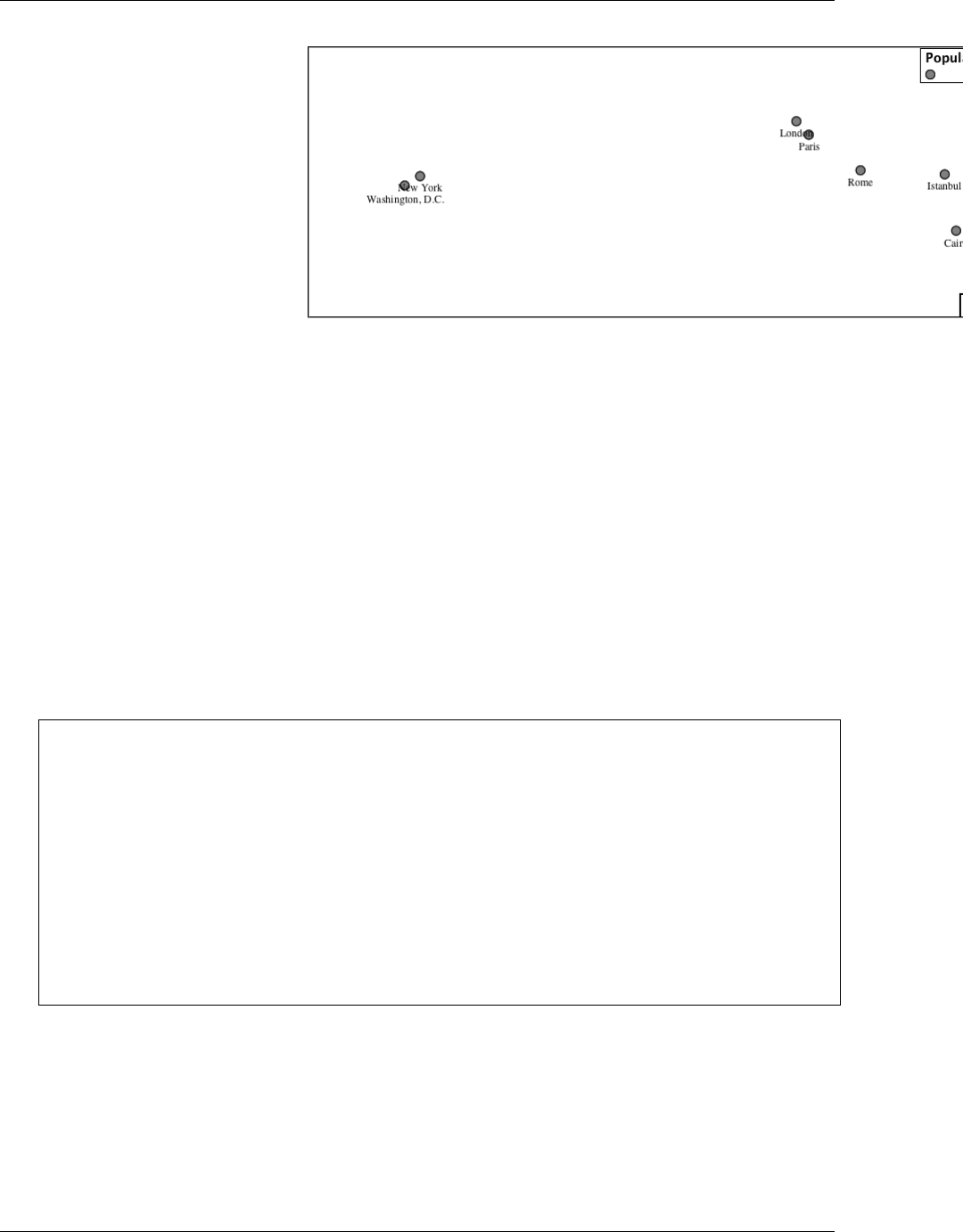
GeoServer User Manual, Release 2.15.1
6. One remaining issue is the overlap between labels and symbols.
GeoServer provides a vendor specific parameter to allow symbols to
take part in label conflict resolution, preventing labels from overlap-
ping any symbols. This severely limits the area available for labeling
and is best used in conjunction with a large maximum displacement
vendor option.
mark-label-obstacle vendor parameter asks the rendering engine to
avoid drawing labels over top of the indicated symbol.
label-max-displacement vendor parameter provides the rendering
engine a maximum distance it is allowed to move labels during con-
flict resolution.
label-padding vendor parameter tells the rendering engine to pro-
vide a minimum distance between the labels on the map, ensuring
they do not overlap.
Update our example to use these settings:
[SCALERANK <1]{
mark: symbol(circle);
mark-size: 10;
label: [NAME];
label-offset: 0 -12;
label-anchor: 0.5 1.0;
font-fill: black;
mark-label-obstacle: true;
label-max-displacement: 100;
label-padding: 2;
}
7. Resulting in a considerably cleaner image:
870 Chapter 6. Styling

GeoServer User Manual, Release 2.15.1
Dynamic Styling
1. We will quickly use scalerank to select content based on @scale se-
lectors.
[@scale <4000000]{
mark:symbol(circle);
}
[@scale >4000000] [@scale <8000000] [SCALERANK <7]{
mark:symbol(circle);
}
[@scale
,→>8000000] [@scale <17000000] [SCALERANK <5]{
mark:symbol(circle);
}
[@scale
,→>17000000] [@scale <35000000] [SCALERANK <4]{
mark:symbol(circle);
}
[@scale
,→>35000000] [@scale <70000000][SCALERANK <3]{
mark:symbol(circle);
}
[@scale
,→>70000000] [@scale <140000000][SCALERANK <2]{
mark:symbol(circle);
}
[@scale >140000000] [SCALERANK <1]{
mark:symbol(circle);
}
*{
mark-size:6;
}
2. Click Submit to update the Map after each step.
6.7. Styling Workshop 871

GeoServer User Manual, Release 2.15.1
3. To add labeling we must use both the key properties mark and label
in each scale selector, using rule cascading to define the mark-size
and font information once.
[@scale <4000000]{
mark:symbol(circle);
label: [NAME];
}
[@scale >4000000] [@scale <8000000] [SCALERANK <7]{
mark:symbol(circle);
label: [NAME];
}
[@scale
,→>8000000] [@scale <17000000] [SCALERANK <5]{
mark:symbol(circle);
label: [NAME];
}
[@scale
,→>17000000] [@scale <35000000] [SCALERANK <4]{
mark:symbol(circle);
label: [NAME];
}
[@scale
,→>35000000] [@scale <70000000][SCALERANK <3]{
mark:symbol(circle);
label: [NAME];
}
[@scale
,→>70000000] [@scale <140000000][SCALERANK <2]{
mark:symbol(circle);
label: [NAME];
}
[@scale >140000000] [SCALERANK <1]{
mark:symbol(circle);
label: [NAME];
}
*{
mark-size:6;
872 Chapter 6. Styling

GeoServer User Manual, Release 2.15.1
font-fill:black;
font-family:"Arial";
font-size:10;
}
4. We will use label-offset and label-anchor to position the label above
each symbol.
Add the following two lines to the *selector:
*{
mark-size: 6;
font-fill: black;
font-family:"Arial";
font-size:10;
label-anchor: 0.5 0;
label-offset: 0 6;
}
5. A little bit of work with vendor specific parameters will prevent our
labels from colliding with each symbol, while giving the rendering
engine some flexibility in how far it is allowed to relocate a label.
Add the following vendor options to the *selector:
6.7. Styling Workshop 873

GeoServer User Manual, Release 2.15.1
*{
mark-size: 6;
font-fill: black;
font-family:"Arial";
font-size:10;
label-anchor: 0.5 0;
label-offset: 0 6;
mark-label-obstacle: true;
label-max-displacement: 90;
label-padding: 2;
}
6. Now that we have clearly labeled our cities, zoom into an area you
are familiar with and we can look at changing symbology on a case-
by-case basis.
We have used expressions previous to generate an appropriate label.
Expressions can also be used for many other property settings.
The ne:populated_places layer provides several attributes
specifically to make styling easier:
•SCALERANK: we have already used this attribute to control the
level of detail displayed
•LABELRANK: hint used for conflict resolution, allowing important
cities such as capitals to be labeled even when they are close to a
larger neighbor.
•FEATURECLA: used to indicate different types of cities. We will
check for Admin-0 capital cities.
The first thing we will do is calculate the mark-size using a quick
expression:
[10-(SCALERANK/2)]
This expression should result in sizes between 5 and 9 and will need
to be applied to both mark-size and label-offset.
Rather than the “first come first served” default to resolve labeling
conflicts we can manually provide GeoServer with a label priority.
874 Chapter 6. Styling

GeoServer User Manual, Release 2.15.1
The expression provided is calculated for each label, in the event of
a conflict the label with the highest priority takes precedence.
The LABELRANK attribute goes from 1 through 10 and needs to be
flipped around before use as a GeoServer label priority:
[10 -LABELRANK]
This expression will result in values between 0 and 10 and will be
used for the label-priority.
*{
mark-size: [10-(SCALERANK/2)];
font-fill: black;
font-family:"Arial";
font-size:10;
label-anchor: 0.5 0;
label-offset: 0[10-(SCALERANK/2)];
mark-label-obstacle: true;
label-max-displacement: 90;
label-padding: 2;
label-priority: [10 -LABELRANK];
}
7. Next we can use FEATURECLA to check for capital cities.
Adding a selector for capital cities at the top of the file:
/*capitals */
[@scale <70000000]
[FEATURECLA ='Admin-0 capital']{
mark:symbol(star);
label: [NAME];
}
[@scale >70000000] [SCALERANK <2]
[FEATURECLA ='Admin-0 capital']{
mark:symbol(star);
label: [NAME];
}
And updating the populated places selectors to ignore capital cities:
6.7. Styling Workshop 875

GeoServer User Manual, Release 2.15.1
/*populated places */
[@scale <4000000]
[FEATURECLA <> 'Admin-0 capital']{
mark:symbol(circle);
label: [NAME];
}
[@scale >4000000] [@scale <8000000] [SCALERANK <7]
[FEATURECLA <> 'Admin-0 capital']{
mark:symbol(circle);
label: [NAME];
}
[@scale >8000000] [@scale <17000000] [SCALERANK <5]
[FEATURECLA <> 'Admin-0 capital']{
mark:symbol(circle);
label: [NAME];
}
[@scale >17000000] [@scale <35000000] [SCALERANK <4]
[FEATURECLA <> 'Admin-0 capital']{
mark:symbol(circle);
label: [NAME];
}
[@scale >35000000] [@scale <70000000][SCALERANK <3]
[FEATURECLA <> 'Admin-0 capital']{
mark:symbol(circle);
label: [NAME];
}
[@scale >70000000] [@scale <140000000][SCALERANK <2]
[FEATURECLA <> 'Admin-0 capital']{
mark:symbol(circle);
label: [NAME];
}
[@scale >140000000] [SCALERANK <1]
[FEATURECLA <> 'Admin-0 capital']{
mark:symbol(circle);
label: [NAME];
}
8. Finally we can fill in the capital city symbols using a combination
876 Chapter 6. Styling
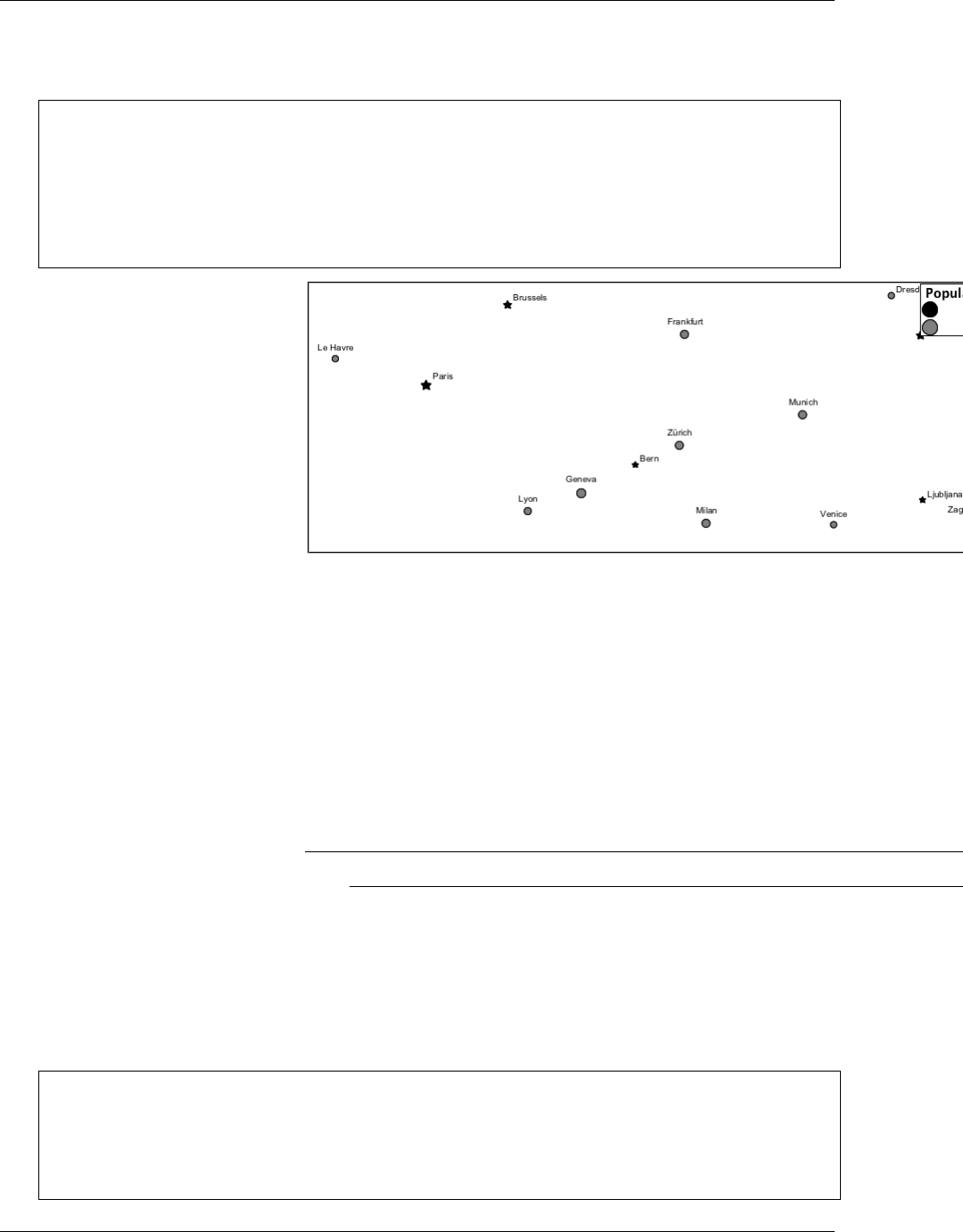
GeoServer User Manual, Release 2.15.1
of a selector to detect capital cities, and pseudo selector to provide
mark styling.
[FEATURECLA ='Admin-0 capital']:mark {
fill: black;
}
:symbol {
fill: gray;
stroke: black;
}
9. If you would like to check your work the final file is here:
point_example.css
Bonus
Challenge Geometry Location
1. The mark property can be used to render any geometry content.
2. Challenge: Try this yourself by rendering a polygon layer using a
mark property.
Note: Answer discussed at the end of the workbook.
Explore Dynamic Symbolization
1. We went to a lot of work to set up selectors to choose between sym-
bol(star) and symbol(circle) for capital cities.
This approach is straightforward when applied in isolation:
[FEATURECLA ='Admin-0 capital']{
mark: symbol(star);
}
[FEATURECLA <> 'Admin-0 capital']{
mark: symbol(circle);
}
6.7. Styling Workshop 877

GeoServer User Manual, Release 2.15.1
When combined with checking another attribute, or checking @scale
as in our example, this approach can quickly lead to many rules
which can be difficult to keep straight.
2. Taking a closer look both symbol() and url() can actually be ex-
pressed using a string:
[FEATURECLA ='Admin-0 capital']{
mark: symbol("star");
}
Which is represented in SLD as:
<sld:PointSymbolizer>
<sld:Graphic>
<sld:Mark>
<sld:WellKnownName>star</sld:WellKnownName>
<sld:Fill/>
<sld:Stroke/>
</sld:Mark>
</sld:Graphic>
</sld:PointSymbolizer>
3. GeoServer recognizes this limitation of SLD Mark and External-
Graphic and provides an opportunity for dynamic symbolization.
This is accomplished by embedding a small CQL expression in the
string passed to symbol or url. This sub-expression is isolated with
${ } as shown:
*{
mark: symbol(
"${if_then_else(equalTo(FEATURECLA,
,→'Admin-0 capital'),'star','circle')}"
);
}
Which is represented in SLD as:
<sld:PointSymbolizer>
<sld:Graphic>
<sld:Mark>
<sld:WellKnownName>
,→${if_then_else(equalTo(FEATURECLA,'Admin-
,→0 capital'),'star','circle')}</sld:WellKnownName>
<sld:Fill/>
<sld:Stroke/>
</sld:Mark>
</sld:Graphic>
</sld:PointSymbolizer>
4. Challenge: Use this approach to rewrite the Dynamic Styling exam-
ple.
Note: Answer provided at the end of the workbook.
878 Chapter 6. Styling

GeoServer User Manual, Release 2.15.1
Challenge Layer Group
1. Use a Layer Group to explore how symbology works together to
form a map.
• ne:NE1
• ne:states_provincces_shp
• ne: populated_places
2. To help start things out here is a style for
ne:states_provinces_shp:
*{
fill: white,[
recode(mapcolor9,
1,'#8dd3c7',2,'#ffffb3',3,'#bebada',
4,'#fb8072',5,'#80b1d3',6,'#fdb462',
7,'#b3de69',8,'#fccde5',9,'#d9d9d9')
];
fill-opacity: 05%,50%;
stroke: black;
stroke-width: 0.25;
stroke-opacity: 50%;
}
3. This background is relatively busy and care must be taken to ensure
both symbols and labels are clearly visible.
4. Challenge: Do your best to style populated_places over this busy
background.
Here is an example with labels for inspiration:
Note: Answer provided at the end of the workbook.
6.7. Styling Workshop 879

GeoServer User Manual, Release 2.15.1
Explore True Type Fonts
1. In addition to image formats GeoServer can make use other kinds
of graphics, such as True Type fonts:
*{
mark: symbol("ttf://Webdings#0x0064");
}
:mark {
stroke: blue;
}
2. Additional fonts dropped in the styles directory are available for
use.
Explore Custom Graphics
1. The GeoServer rendering engine allows Java developers to hook in
additional symbol support.
This facility is used by GeoServer to offer the shapes used for pattern
fills. Community extensions allow the use of simple custom shapes
and even charts.
2. Support has been added for custom grpahics using the WKT Geom-
etry representation.
*{
mark: symbol("wkt://MULTILINESTRING((-0.25
,→-0.25, -0.125 -0.25), (0.125 -0.25, 0.25 -0.25), (-
,→0.25 0.25, -0.125 0.25), (0.125 0.25, 0.25 0.25))");
}
:mark {
stroke: blue;
}
Rasters
Finally we will look at using CSS styling for the portrayal of raster
data.
Fig. 6.299: Raster Symbology
Review of raster symbology:
• Raster data is Grid Coverage where values have been recorded in
a regular array. In OGC terms a Coverage can be used to look up a
value or measurement for each location.
• When queried with a “sample” location:
–A grid coverage can determine the appropriate array location and
retrieve a value. Different techniques may be used interpolate an
880 Chapter 6. Styling
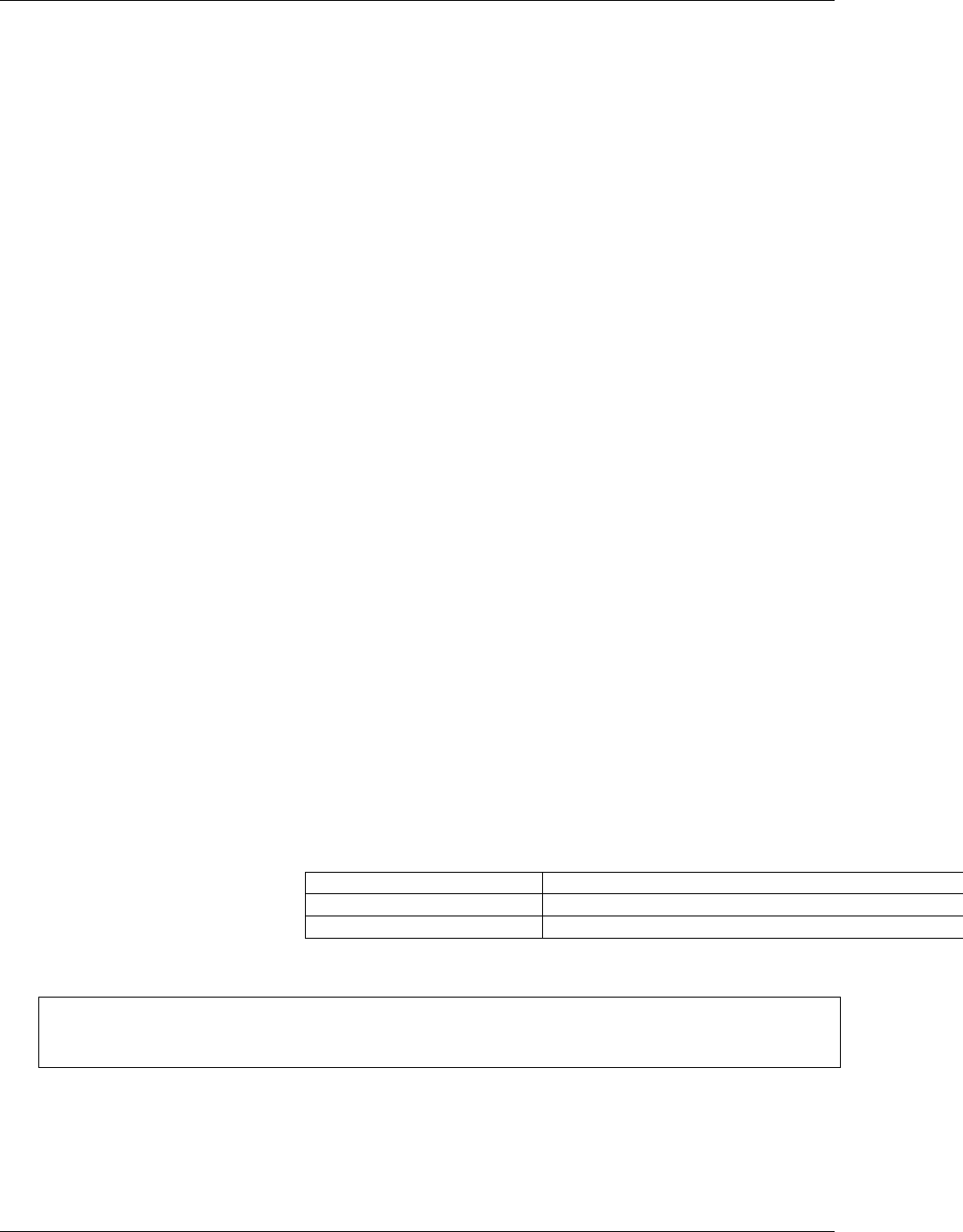
GeoServer User Manual, Release 2.15.1
appropriate value from several measurements (higher quality) or
directly return the “nearest neighbor” (faster).
–A vector coverages would use a point-in-polygon check and return
an appropriate attribute value.
–A scientific model can calculate a value for each sample location
• Many raster formats organize information into bands of content.
Values recorded in these bands and may be mapped into colors for
display (a process similar to theming an attribute for vector data).
For imagery the raster data is already formed into red, green and
blue bands for display.
• As raster data has no inherent shape, the format is responsible for
describing the orientation and location of the grid used to record
measurements.
These raster examples use a digital elevation model consisting of a
single band of height measurements. The imagery examples use an
RGB image that has been hand coloured for use as a base map.
Reference:
•Raster Symbology (User Manual | CSS Property Listing )
•Rasters (User Manual | CSS Cookbook );
•Point (User Manual | SLD Reference )
The exercise makes use of the usgs:dem and ne:ne1 layers.
Image
The raster-channels is the key property for display of images and
raster data. The value auto is recommended, allowing the image
format to select the appropriate red, green and blue channels for
display.
1. Navigate to the Styles page.
2. Click Add a new style and choose the following:
Name: image_example
Workspace: No workspace
Format: CSS
3. Replace the initial CSS definition with:
*{
raster-channels: auto;
}
4. And use the Layer Preview tab to preview the result.
6.7. Styling Workshop 881
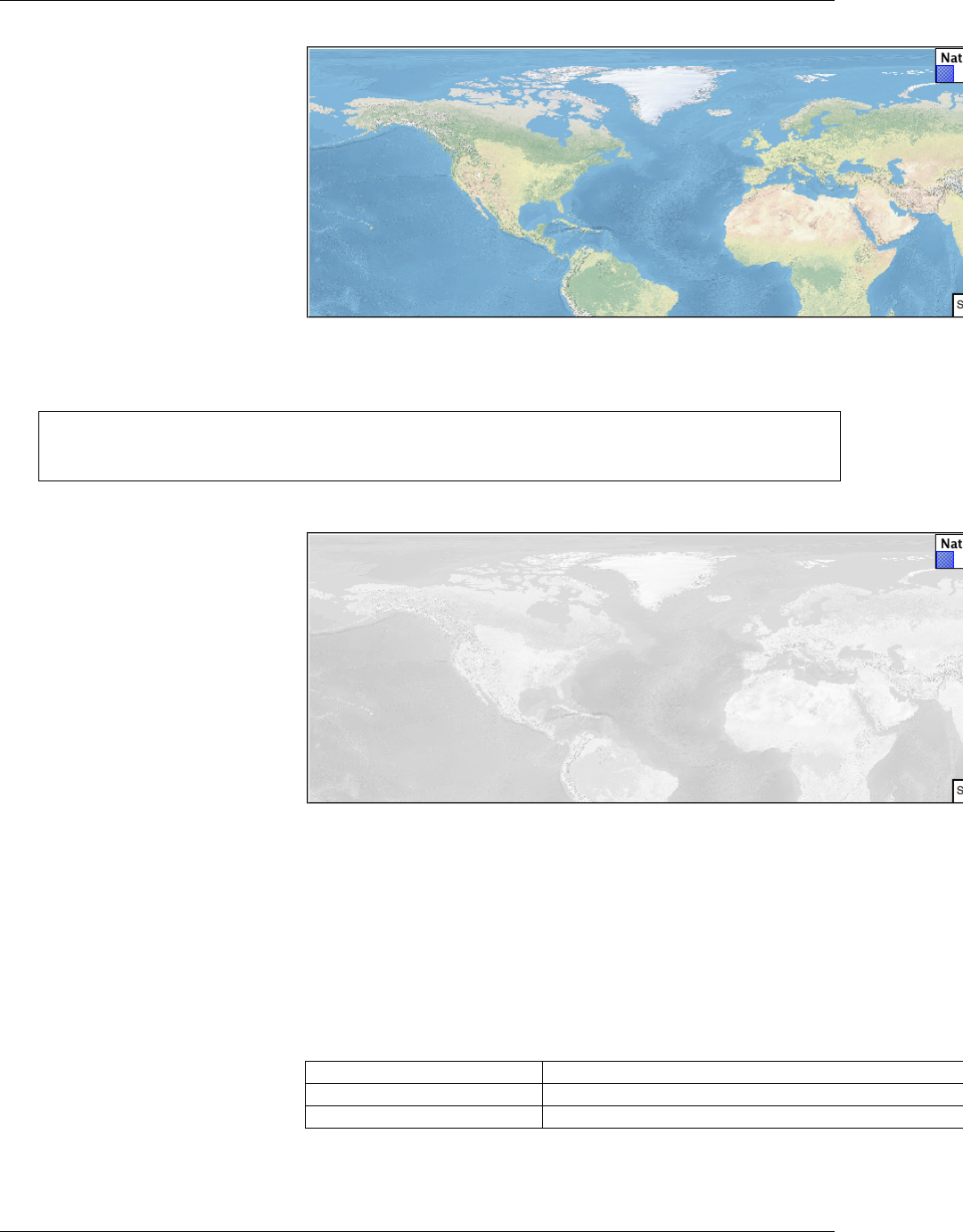
GeoServer User Manual, Release 2.15.1
5. If required a list three band numbers can be supplied (for images
recording in several wave lengths) or a single band number can be
used to view a grayscale image.
*{
raster-channels: 2;
}
6. Isolating just the green band (it wil be drawn as a grayscale image):
DEM
A digital elevation model is an example of raster data made up of
measurements, rather than colors information.
The usgs:dem layer used used for this exercise:
1. Return to the the Styles page.
2. Click Add a new style and choose the following:
Name: raster_example
Workspace: No workspace
Format: CSS
3. When we use the raster-channels property set to auto the render-
ing engine will select our single band of raster content, and do its
882 Chapter 6. Styling
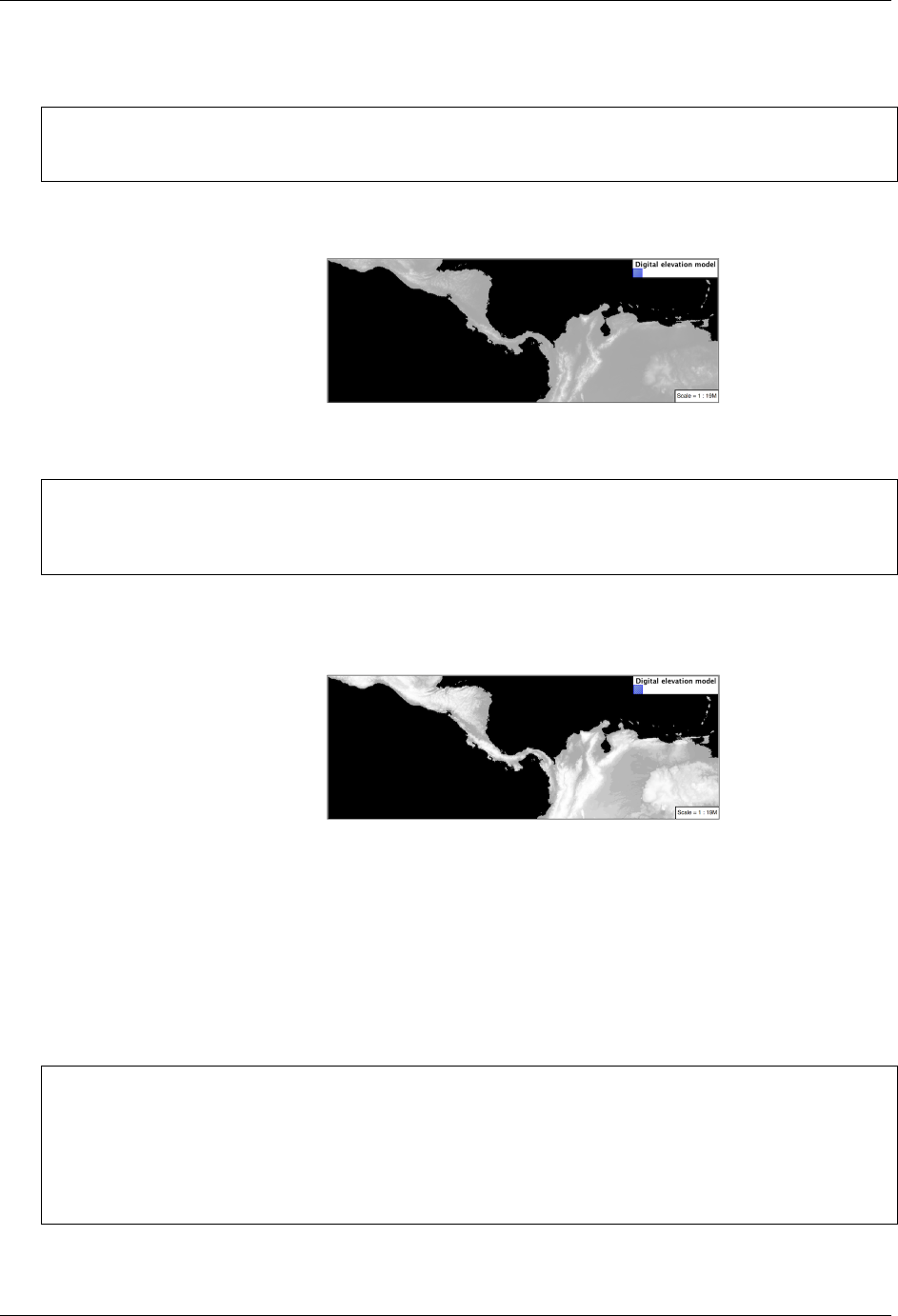
GeoServer User Manual, Release 2.15.1
best to map these values into a grayscale image. Replace the content
of the style with:
*{
raster-channels: auto;
}
4. Use the Layer Preview tab to preview the result. The range produced
in this case from the highest and lowest values.
5. We can use a bit of image processing to emphasis the generated color
mapping by making use raster-contrast-enhancement.
*{
raster-channels: 1;
raster-contrast-enhancement: histogram;
}
6. Image processing of this sort should be used with caution as it
does distort the presentation (in this case making the landscape look
more varied then it is in reality.
Color Map
The approach of mapping a data channel directly to a color channel
is only suitable to quickly look at quantitative data.
For qualitative data (such as land use) or simply to use color, we
need a different approach:
1. Apply the following CSS to our usgs:DEM layer:
*{
raster-channels: auto;
raster-color-map: color-map-entry(#9080DB,0)
color-map-entry(#008000,1)
color-map-entry(#105020,255)
color-map-entry(#FFFFFF,4000);
}
2. Resulting in this artificial color image:
6.7. Styling Workshop 883

GeoServer User Manual, Release 2.15.1
3. An opacity value can also be used with color-map-entry.
*{
raster-channels: auto;
raster-color-map: color-map-entry(#9080DB,0,0.0)
color-map-entry(#008000,1,1.0)
color-map-entry(#105020,200,1.0)
,→color-map-entry(#FFFFFF,4000,1.0);
}
4. Allowing the areas of zero height to be transparent:
5. Raster format for GIS work often supply a “no data” value, or con-
tain a mask, limiting the dataset to only the locations with valid in-
formation.
Custom
We can use what we have learned about color maps to apply a color
brewer palette to our data.
This exploration focuses on accurately communicating differences
in value, rather than strictly making a pretty picture. Care should
be taken to consider the target audience and medium used during
palette selection.
1. Restore the raster_example CSS style to the following:
*{
raster-channels: auto;
}
2. Producing the following map preview.
884 Chapter 6. Styling

GeoServer User Manual, Release 2.15.1
3. To start with we can provide our own grayscale using two color map
entries.
*{
raster-channels: auto;
raster-color-map: color-map-entry(#000000,0)
color-map-entry(#FFFFFF,4000);
}
4. Use the Map tab to zoom in and take a look.
This is much more direct representation of the source data. We have
used our knowledge of elevations to construct a more accurate style.
5. While our straightforward style is easy to understand, it does leave
a bit to be desired with respect to clarity.
The eye has a hard time telling apart dark shades of black (or bright
shades of white) and will struggle to make sense of this image. To
address this limitation we are going to switch to the ColorBrewer
9-class PuBuGn palette. This is a sequential palette that has been
hand tuned to communicate a steady change of values.
6. Update your style with the following:
*{
raster-channels: auto;
6.7. Styling Workshop 885

GeoServer User Manual, Release 2.15.1
raster-color-map:
color-map-entry(#014636,0)
color-map-entry(#016c59,500)
color-map-entry(#02818a,1000)
color-map-entry(#3690c0,1500)
color-map-entry(#67a9cf,2000)
color-map-entry(#a6bddb,2500)
color-map-entry(#d0d1e6,3000)
color-map-entry(#ece2f0,3500)
color-map-entry(#fff7fb,4000);
}
7. A little bit of work with alpha (to mark the ocean as a no-data sec-
tion):
*{
raster-channels: auto;
raster-color-map:
color-map-entry(#014636,0,0)
color-map-entry(#014636,1)
color-map-entry(#016c59,500)
color-map-entry(#02818a,1000)
color-map-entry(#3690c0,1500)
color-map-entry(#67a9cf,2000)
color-map-entry(#a6bddb,2500)
color-map-entry(#d0d1e6,3000)
color-map-entry(#ece2f0,3500)
color-map-entry(#fff7fb,4000);
}
8. And we are done:
886 Chapter 6. Styling
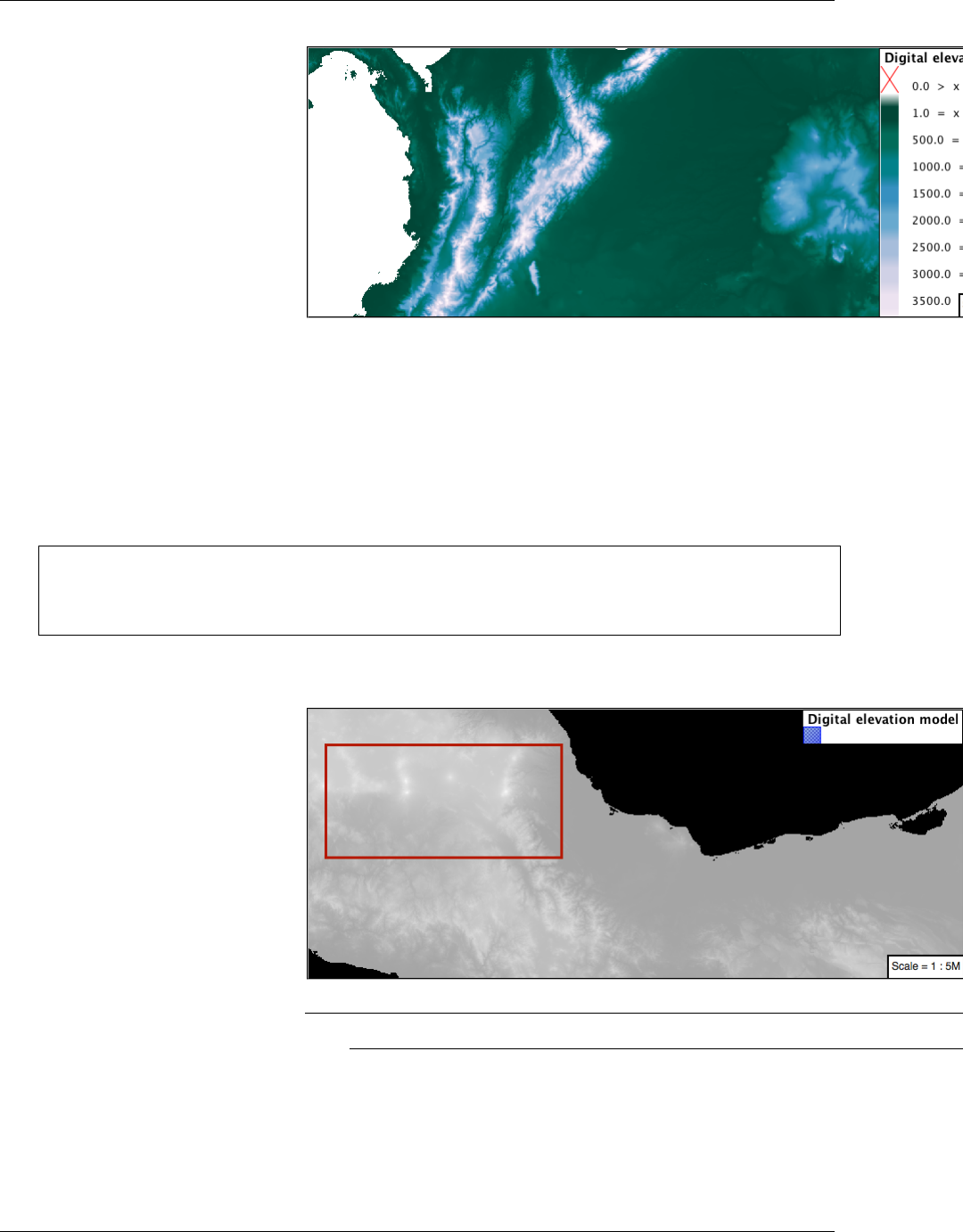
GeoServer User Manual, Release 2.15.1
Bonus
Explore Contrast Enhancement
1. A special effect that is effective with grayscale information is auto-
matic contrast adjustment.
2. Make use of a simple contrast enhancement with usgs:dem:
*{
raster-channels: auto;
raster-contrast-enhancement: normalize;
}
3. Can you explain what happens when zoom in to only show a land
area (as indicated with the bounding box below)?
Note: Discussion provided at the end of the workbook.
Challenge Intervals
1. The raster-color-map-type property dictates how the values are
used to generate a resulting color.
6.7. Styling Workshop 887

GeoServer User Manual, Release 2.15.1
•ramp is used for quantitative data, providing a smooth interpolation between the provided color
values.
•intervals provides categorization for quantitative data, assigning each range of values a solid
color.
•values is used for qualitative data, each value is required to have a color-map-entry or it will
not be displayed.
2. Chalenge: Update your DEM example to use intervals for presen-
tation. What are the advantages of using this approach for elevation
data?
Note: Answer provided at the end of the workbook.
Explore Image Processing
Additional properties are available to provide slight image process-
ing during visualization.
Note: In this section are we going to be working around a preview issue where only the top left corner of
the raster remains visible during image processing. This issue has been reported as GEOS-6213.
Image processing can be used to enhance the output to highlight
small details or to balance images from different sensors allowing
them to be compared.
1. The raster-contrast-enhancement property is used to turn on
a range of post processing effects. Settings are provided for
normalize or histogram or none;
*{
raster-channels: auto;
raster-contrast-enhancement: normalize;
}
2. Producing the following image:
888 Chapter 6. Styling

GeoServer User Manual, Release 2.15.1
3. The raster-gamma property is used adjust the brightness of raster-
contrast-enhancement output. Values less than 1 are used to
brighten the image while values greater than 1 darken the image.
*{
raster-channels: auto;
raster-contrast-enhancement: none;
raster-gamma: 1.5;
}
4. Providing the following effect:
Challenge Clear Digital Elevation Model Presentation
1. Now that you have seen the data on screen and have a better under-
standing how would you modify our initial gray-scale example?
2. Challenge: Use what you have learned to present the usgs:dem
clearly.
Note: Answer provided at the end of the workbook.
Challenge Raster Opacity
1. There is a quick way to make raster data transparent, raster-opacity
property works in the same fashion as with vector data. The raster
as a whole will be drawn partially transparent allow content from
other layers to provide context.
2. Challenge: Can you think of an example where this would be use-
ful?
Note: Discussion provided at the end of the workbook.
6.7. Styling Workshop 889
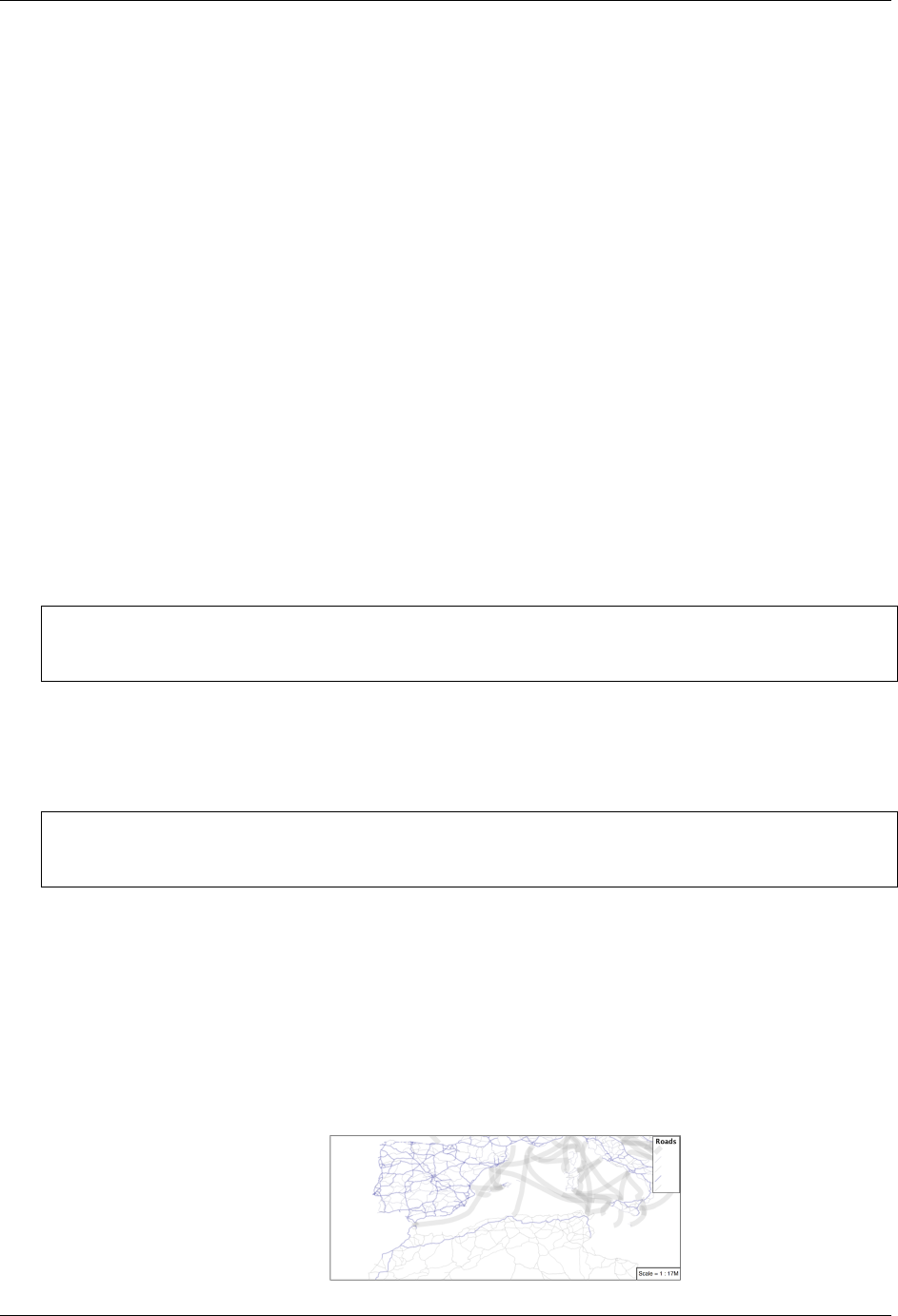
GeoServer User Manual, Release 2.15.1
CSS Workbook Conclusion
We hope you have enjoyed this styling workshop.
Additional resources:
•CSS Extension
•CSS Cookbook
CSS Workbook Answer Key
The following questions were listed through out the workshop as an
opportunity to explore the material in greater depth. Please do your
best to consider the questions in detail prior to checking here for
the answer. Questions are provided to teach valuable skills, such as
a chance to understand how feature type styles are used to control
z-order, or where to locate information in the user manual.
SLD Generation
Answer for Challenge SLD Generation:
1. Generate the SLD for the following CSS.
*{
stroke: black;
}
2. Challenge: What is unusual about the generated SLD? Can you ex-
plain why it still works as expected?
The generated SLD does not contain any stroke properties, even
though black was specified:
<sld:LineSymbolizer>
<sld:Stroke/>
</sld:LineSymbolizer>
SLD considers black the default stroke color for a LineSymbolizer,
so no further detail was required.
Classification
Answer for Challenge Classification:
1. Challenge: Create a new style adjust road appearance based on
type.
890 Chapter 6. Styling

GeoServer User Manual, Release 2.15.1
Hint: The available values are ‘Major Highway’,’Secondary High-
way’,’Road’ and ‘Unknown’.
2. Here is an example:
[type ='Major Highway' ]{
stroke: #000088;
stroke-width: 1.25;
}
[type ='Secondary Highway' ]{
stroke: #8888AA;
stroke-width: 0.75;
}
[type ='Road']{
stroke: #888888;
stroke-width: .75;
}
[type ='Unknown' ]{
stroke: #888888;
stroke-width: 0.5;
}
*{
stroke: #AAAAAA;
stroke-opacity: 0.25;
stroke-width: 0.5;
}
SLD Z-Index Generation
Answer for Challenge SLD Z-Index Generation:
1. Review the SLD generated by the z-index example.
*{
stroke: black,#8080E6;
stroke-width: 5px,3px;
z-index:0,1;
}
2. Challenge: There is an interesting trick in the generated SLD, can you
explain how it works?
3. The Z-Order example produces multiple FeatureTypeSytle defini-
tions, each acting like an “inner layer”.
Each FeatureTypeStyle is rendered into its own raster, and the re-
sults merged in order. The legend shown in the map preview also
provides a hint, as the rule from each FeatureType style is shown.
Label Shields
Answer for Challenge Label Shields:
1. The traditional presentation of roads in the US is the use of a shield
symbol, with the road number marked on top.
6.7. Styling Workshop 891

GeoServer User Manual, Release 2.15.1
1. Challenge: Have a look at the documentation and reproduce this
technique.
2. The use of a label shield is a vendor specific capability of the
GeoServer rendering engine. The tricky part of this exercise is find-
ing the documentation online ( i.e. Styled Marks in CSS).
*{
stroke: black,lightgray;
stroke-width: 3,2;
label: [name];
font-family:'Ariel';
font-size:10;
font-fill: black;
shield: symbol(square);
}
:shield {
fill: white;
stroke: black;
size:18;
}
Antialiasing
Answer for Explore Antialiasing:
1. When we rendered our initial preview, without a stroke, thin white
gaps (or slivers) are visible between our polygons.
This effect is made more pronounced by the rendering engine mak-
ing use of the Java 2D sub-pixel accuracy. This technique is primar-
ily used to prevent an aliased (stair-stepped) appearance on diago-
nal lines.
892 Chapter 6. Styling

GeoServer User Manual, Release 2.15.1
2. Explore: Experiment with fill and stroke settings to eliminate sliv-
ers between polygons.
The obvious approach works - setting both values to the same color:
symbolizers:
- polygon:
stroke-color: 'lightgrey'
stroke-width: 1
fill-color: 'lightgrey'
Categorize
Answer for Explore Categorize:
1. An exciting use of the GeoServer shape symbols is the theming by
changing the size used for pattern density.
2. Explore: Use the Categorize function to theme by datarank.
Example:
.. code-block:: css
*{
fill: symbol('shape://slash');
fill-size: [
Categorize(datarank,
4,4,
5,6,
8,10,
10)
];
stroke: black;
}
:fill {
stroke: darkgray;
}
Halo
Answer for Challenge Halo:
1. The halo example used the fill color and opacity for a muted halo,
while this improved readability it did not bring attention to our la-
bels.
A common design choice for emphasis is to outline the text in a con-
trasting color.
6.7. Styling Workshop 893

GeoServer User Manual, Release 2.15.1
2. Challenge: Produce a map that uses a white halo around black text.
Here is an example:
*{ stroke: gray;
fill: #7EB5D3;
label: [name];
label-anchor: 0.5 0.5;
font-fill: black;
font-family:"Arial";
font-size:14;
halo-radius: 1;
halo-color: white;
}
Theming using Multiple Attributes
Answer for Challenge Theming using Multiple Attributes:
1. A powerful tool is theming using multiple attributes. This is an im-
portant concept allowing map readers to perform “integration by
eyeball” (detecting correlations between attribute values informa-
tion).
2. Challenge: Combine the mapcolor9 and datarank examples to re-
produce the following map.
This should be a cut and paste using the recode example, and
categorize examples already provided.
*{
fill: [
recode(mapcolor9,
1,'#8dd3c7',2,'#ffffb3',3,'#bebada',
4,'#fb8072',5,'#80b1d3',6,'#fdb462',
7,'#b3de69',8,'#fccde5',9,'#d9d9d9')
], symbol('shape://slash');
fill-size: '',[
Categorize(datarank,
6,4,
8,6,
10,10,
12)
];
stroke: black;
}
:fill {
stroke: black;
}
894 Chapter 6. Styling

GeoServer User Manual, Release 2.15.1
Use of Use of Z-Index
Answer for Challenge Use of Z-Index:
1. Earlier we looked at using z-index to simulate line string casing. The
line work was drawn twice, once with thick line, and then a second
time with a thinner line. The resulting effect is similar to text halos -
providing breathing space around complex line work allowing it to
stand out.
2. Challenge: Use what you know of LineString z-index to reproduce
the following map:
This is a tricky challenge. While it is easy enough to introduce z-
index to control stroke what is not immediately obvious is that z-
order also controls fill order. The previous examples illustrate how
to introduce z-order, some thought is required to untangle fill and
stroke z-order (dummy stroke definitions need to be introduced us-
ing empty commas).
*{
fill: lightgray,symbol('shape://slash');
fill-size: 8px;
stroke: '','',lightgray,black;
stroke-width: '','',6,1.5;
z-index:1,2,3,4;
}
:fill {
stroke: black;
stroke-width: 0.75;
}
The included legend should be a large clue about what is going on.
Geometry Location
Answer for Challenge Geometry Location:
1. The mark property can be used to render any geometry content.
2. Challenge: Try this yourself by rendering a polygon layer using a
mark property.
6.7. Styling Workshop 895

GeoServer User Manual, Release 2.15.1
This can be done one of two ways:
• Changing the association of a polygon layer, such as
ne:states_provinces_shp to point_example and using
the layer preview page.
• Changing the Layer Preview tab to a polygon layer, such as
ne:states_provinces_shp.
The important thing to notice is that the centroid of each polygon is
used as a point location.
Dynamic Symbolization
Answer for Explore Dynamic Symbolization:
1. SLD Mark and ExternalGraphic provide an opportunity for dy-
namic symbolization.
This is accomplished by embedding a small CQL expression in the
string passed to symbol or url. This sub-expression is isolated with
${ } as shown:
- point:
symbols:
- mark:
shape: ${if_then_else(equalTo(FEATURECLA,
,→'Admin-0 capital'),'star','circle')}
2. Challenge: Use this approach to rewrite the Dynamic Styling exam-
ple.
Example available here point_example.css
Layer Group
Answer for Challenge Layer Group:
1. Use a Layer Group to explore how symbology works together to
form a map.
• ne:NE1
• ne:states_provincces_shp
• ne:populated_places
2. This background is relatively busy and care must be taken to ensure
both symbols and labels are clearly visible.
3. Challenge: Do your best to style populated_places over this busy
background.
Here is an example with labels for inspiration:
896 Chapter 6. Styling

GeoServer User Manual, Release 2.15.1
This should be an opportunity to revisit label halo settings from
Polygons.
*{
mark-size: [5+((10-SCALERANK)/3)];
font-fill: black;
font-family:"Arial";
font-size:10;
label-anchor: 0.5 1;
label-offset: 0[-12+SCALERANK];
halo-radius: 2;
halo-color: lightgray;
halo-opacity:0.7;
mark-label-obstacle: true;
label-max-displacement: 90;
label-priority: [0-LABELRANK];
}
:symbol {
fill: black;
stroke: white;
stroke-opacity:0.75;
}
Using a lightgray halo, 0.7 opacity and radius 2 fades out the com-
plexity immediately surrounding the label text improving legibility.
Contrast Enhancement
Discussion for Explore Contrast Enhancement:
1. A special effect that is effective with grayscale information is auto-
matic contrast adjustment.
2. Make use of a simple contrast enhancement with usgs:dem:
*{
raster-channels: auto;
6.7. Styling Workshop 897

GeoServer User Manual, Release 2.15.1
raster-contrast-enhancement: normalize;
}
3. Can you explain what happens when zoom in to only show a land
area (as indicated with the bounding box below)?
What happens is insanity, normalize stretches the palette of the out-
put image to use the full dynamic range. As long as we have ocean
on the screen (with value 0) the land area was shown with roughly
the same presentation.
Once we zoom in to show only a land area, the lowest point on the
screen (say 100) becomes the new black, radically altering what is
displayed on the screen.
Intervals
Answer for Challenge Intervals:
1. The color-map type property dictates how the values are used to
generate a resulting color.
•ramp is used for quantitative data, providing a smooth interpolation between the provided color
values.
•intervals provides categorization for quantitative data, assigning each range of values a solid
color.
898 Chapter 6. Styling
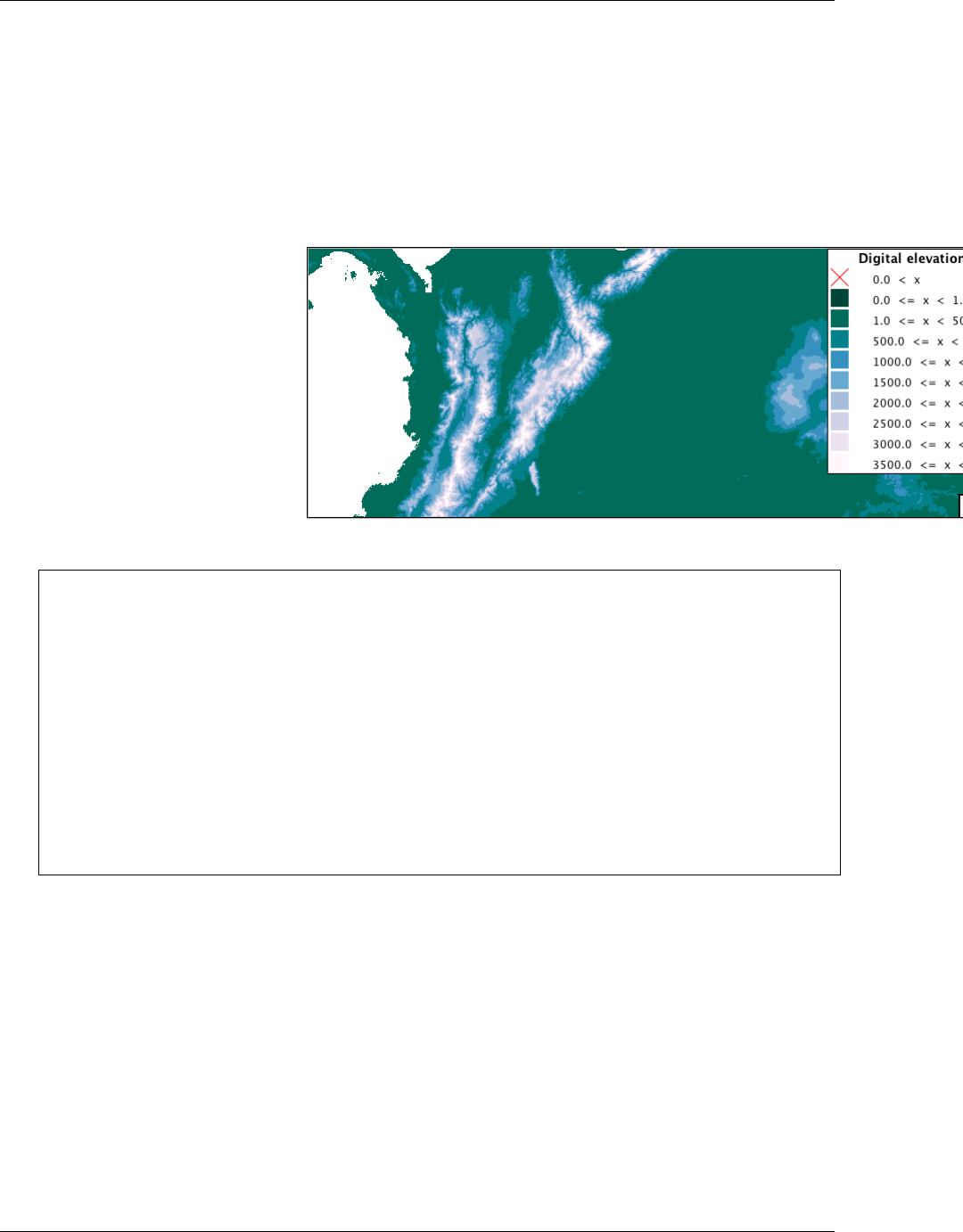
GeoServer User Manual, Release 2.15.1
•values is used for qualitative data, each value is required to have a color-map entry or it will
not be displayed.
2. Chalenge: Update your DEM example to use intervals for presen-
tation. What are the advantages of using this approach for elevation
data?
By using intervals it becomes very clear how relatively flat most of
the continent is. The ramp presentation provided lots of fascinating
detail which distracted from this fact.
Here is style for you to cut and paste:
*{
raster-channels: auto;
raster-color-map:
color-map-entry(#014636,0,0)
color-map-entry(#014636,1)
color-map-entry(#016c59,500)
color-map-entry(#02818a,1000)
color-map-entry(#3690c0,1500)
color-map-entry(#67a9cf,2000)
color-map-entry(#a6bddb,2500)
color-map-entry(#d0d1e6,3000)
color-map-entry(#ece2f0,3500)
color-map-entry(#fff7fb,4000);
raster-color-map-type: intervals;
}
Clear Digital Elevation Model Presentation
Answer for Challenge Clear Digital Elevation Model Presentation:
1. Now that you have seen the data on screen and have a better under-
standing how would you modify our initial gray-scale example?
2. Challenge: Use what you have learned to present the usgs:dem
clearly.
6.7. Styling Workshop 899

GeoServer User Manual, Release 2.15.1
The original was a dark mess. Consider making use of mid-tones
(or adopting a sequential palette from color brewer) in order to fix
this. In the following example the ocean has been left dark, allowing
the mountains stand out more.
*{
raster-channels: auto;
raster-color-map: color-map-entry(#000000,0)
color-map-entry(#444444,1)
color-map-entry(#FFFFFF,3000);
}
Raster Opacity
Discussion for Challenge Clear Digital Elevation Model Presentation:
1. There is a quick way to make raster data transparent, raster opacity
property works in the same fashion as with vector data. The raster
as a whole will be drawn partially transparent allow content from
other layers to provide context.
2. Challenge: Can you think of an example where this would be use-
ful?
This is difficult as raster data is usually provided for use as a
basemap, with layers being drawn over top.
The most obvious example here is the display of weather systems,
or model output such as fire danger. By drawing the raster with
some transparency, the landmass can be shown for context.
6.7.4 YSLD Styling Workbook
GeoServer styling can be used for a range of creative effects. This
section introduces the YSLD Extension which can be used as alterna-
tive to SLD files.
900 Chapter 6. Styling

GeoServer User Manual, Release 2.15.1
YSLD Quickstart
In the last section, we saw how the OGC defines style using XML
documents (called SLD files).
We will now explore GeoServer styling in greater detail using a tool
to generate our SLD files. The YSLD GeoServer extension is used
to generate SLD files using a clearer, more consice language based
on YAML. Unlike CSS, the YSLD styling language has a one-to-one
correspondance to SLD, meaning that each line of YSLD translates
directly to one or more lines of SLD. Aditionally, A YSLD style can
be converted to SLD and back without loss of information.
Using the YSLD extension to define styles results in shorter exam-
ples that are easier to understand. At any point we will be able to
review the generated SLD file.
Reference:
•YSLD Reference
Syntax
This section provides a quick introduction to YSLD syntax for map-
ping professionals who may not be familiar with YAML.
Property Syntax
Individual statements (or directives) in a YSLD styling document
are designed as key-value, or property-value pairs of the following
form:
<property>: <value>
The <property> is a string denoting the property name, while the
<value> can be one of a number of different types depending on
context.
Integer Numerical value. May be surrounded by quotes.
Float Numerical value. May be surrounded by quotes.
Text Text value. If value is amiguous, use single quotes.
Color Hexadecimal color of the form '#RRGGBB'.
Tuple A list of values in brackets. e.g. [0, 1]
Expression CQL expression surrounded by ${ }
Mappings and lists
There are three types of objects in a YSLD document:
1. Scalar, a simple value
2. Mapping, a collection of key-value (property-value) pairs
6.7. Styling Workshop 901

GeoServer User Manual, Release 2.15.1
3. List, any collection of objects. A list can contain mappings, scalars,
and even other lists.
Lists require dashes for every entry, while mappings do not.
For example, a symbolizer block is a list, so every entry requires its
own dash:
The polygon: and text: objects (the individual symbolizers
themselves) are mappings, and as such, the contents do not require
dashes, only indents:
- polygon:
stroke-color: '#808080'
fill-color: '#FF0000'
The dash next to polygon means that the item itself is contained in
a list, not that it contains a list. And the placement of the dash is at
the same level of indentation as the list title.
If you have a list that contains only one item, and there is no other
content at higher levels of the list, you may omit the enclosing ele-
ments. For example, the following are equivalent:
feature-styles:
- rules:
- symbolizers:
- point:
symbols:
- mark:
shape: circle
fill-color: 'gray'
point:
symbols:
- mark:
shape: circle
fill-color: 'gray'
This is usefull for making your styles more concise.
Indentation
Indentation is very important in YSLD. All directives must be in-
dented to its proper place to ensure proper hierarchy. Improper in-
dentation will cause a style to be rendered incorrectly, or not at all.
For example, the polygon symbolizer, since it is a mapping, con-
tains certain parameters inside it, such as the color of the fill and
stroke. These must be indented such that they are “inside” the poly-
gon block.
In this example, the following markup is correct:
- polygon:
fill-color: '#808080'
902 Chapter 6. Styling

GeoServer User Manual, Release 2.15.1
fill-opacity: 0.5
stroke-color: black
stroke-opacity: 0.75
The parameters inside the polygon (symbolizer) are indented,
meaning that they are referencing the symbolizer and are not “out-
side it.”
Compare to the following incorrect markup:
- polygon:
fill-color: '#808080'
fill-opacity: 0.5
stroke-color: black
stroke-opacity: 0.75
Rules
We have already seen a CSS style composed of a single rule:
point:
symbols:
- mark:
shape: circle
fill-color: 'gray'
We can make a style consisting of more than one rule, carefully
choosing the selector for each rule. In this case we are using a se-
lector to style capital cities with a star, and non-capital with a circle:
rules:
- filter: ${FEATURECLA = 'Admin-0 capital'}
scale: [min,max]
symbolizers:
- point:
size: 6
symbols:
- mark:
shape: star
stroke-color: 'black'
stroke-width: 1
fill-color: 'gray'
- filter: ${FEATURECLA <> 'Admin-0 capital'}
scale: [min,max]
symbolizers:
- point:
size: 6
symbols:
- mark:
shape: circle
stroke-color: 'black'
stroke-width: 1
fill-color: 'gray'
The feature attribute test performed above uses Constraint Query
Language (CQL). This syntax can be used to define filters to select
6.7. Styling Workshop 903

GeoServer User Manual, Release 2.15.1
content, similar to how the SQL WHERE statement is used. It can
also be used to define expressions to access attribute values allowing
their use when defining style properties.
Rule selectors can also be triggered based on the state of the ren-
dering engine. In this example we are only applying labels when
zoomed in:
rules:
- scale: [min,'2.0E7']
symbolizers:
- text:
label: ${NAME}
fill-color: 'gray'
In the above example the label is defined using the CQL Expression
NAME. This results in a dynamic style that generates each label on a
case-by-case basis, filling in the label with the feature attribute NAME.
Reference:
•Filter Syntax (YSLD Reference)
•ECQL Reference (User Guide)
Variables
Up to this point we have been styling individual features, docu-
menting how each shape is represented.
When styling multiple feaures, or using filters to style individual
features in different yars, you may need to repeat styling informa-
tion.
Variables in YSLD allow for a certain directive or block of directives
to be defined by name and later reused. This can greatly simplify
the styling document.
The two most-common use cases for using variables are:
• To create a more-friendly name for a value (such as using myorange
instead of #EE8000)
• To define a block of directives to remove redundant content and to
decrease file length
It is customary, but not required, to place all definitions at the very
top of the YSLD file.
The syntax for defining a variable as a single value is:
define: &variable <value>
The defined variable can then be used as a value by variable name
with a *:
<directive>: *variable
The syntax for defining a variable as a content block is:
904 Chapter 6. Styling

GeoServer User Manual, Release 2.15.1
define: &varblock
<directive>: <value>
<directive>: <value>
...
<block>:
- <directive>: <value>
<directive>: <value>
...
The syntax for using a variable block is to prepend the variable name
with <<: *. For example:
<block>:
- <directive>: <value>
<<: *varblock
•Variables (YSLD Reference)
Compare YSLD to SLD
As noted above, YSLD has a one-to-one correspondance with SLD,
it merely uses a different markup language to diplay the same con-
tent. We can compare a SLD style with a YSLD style to see this
correspondence:
SLD Style
Here is an example SLD file for reference:
1<?xml version="1.0" encoding="ISO-8859-1"?>
2<StyledLayerDescriptor version="1.0.0"
3xsi:schemaLocation="http:/
,→/www.opengis.net/sld StyledLayerDescriptor.xsd"
4xmlns="http://www.opengis.net/sld"
5xmlns:ogc="http://www.opengis.net/ogc"
6xmlns:xlink="http://www.w3.org/1999/xlink"
7xmlns:xsi="http://www.w3.org/2001/XMLSchema-instance">
8<NamedLayer>
9<Name>airports</Name>
10 <UserStyle>
11 <Title>Airports</Title>
12 <FeatureTypeStyle>
13 <Rule>
14 <Name>airports</Name>
15 <Title>Airports</Title>
16 <PointSymbolizer>
17 <Graphic>
18 <ExternalGraphic>
19 <OnlineResource xlink:type="simple"
20 xlink:href="airport.svg" />
21 <Format>image/svg</Format>
22 </ExternalGraphic>
23 <Size>16</Size>
24 </Graphic>
25 </PointSymbolizer>
6.7. Styling Workshop 905
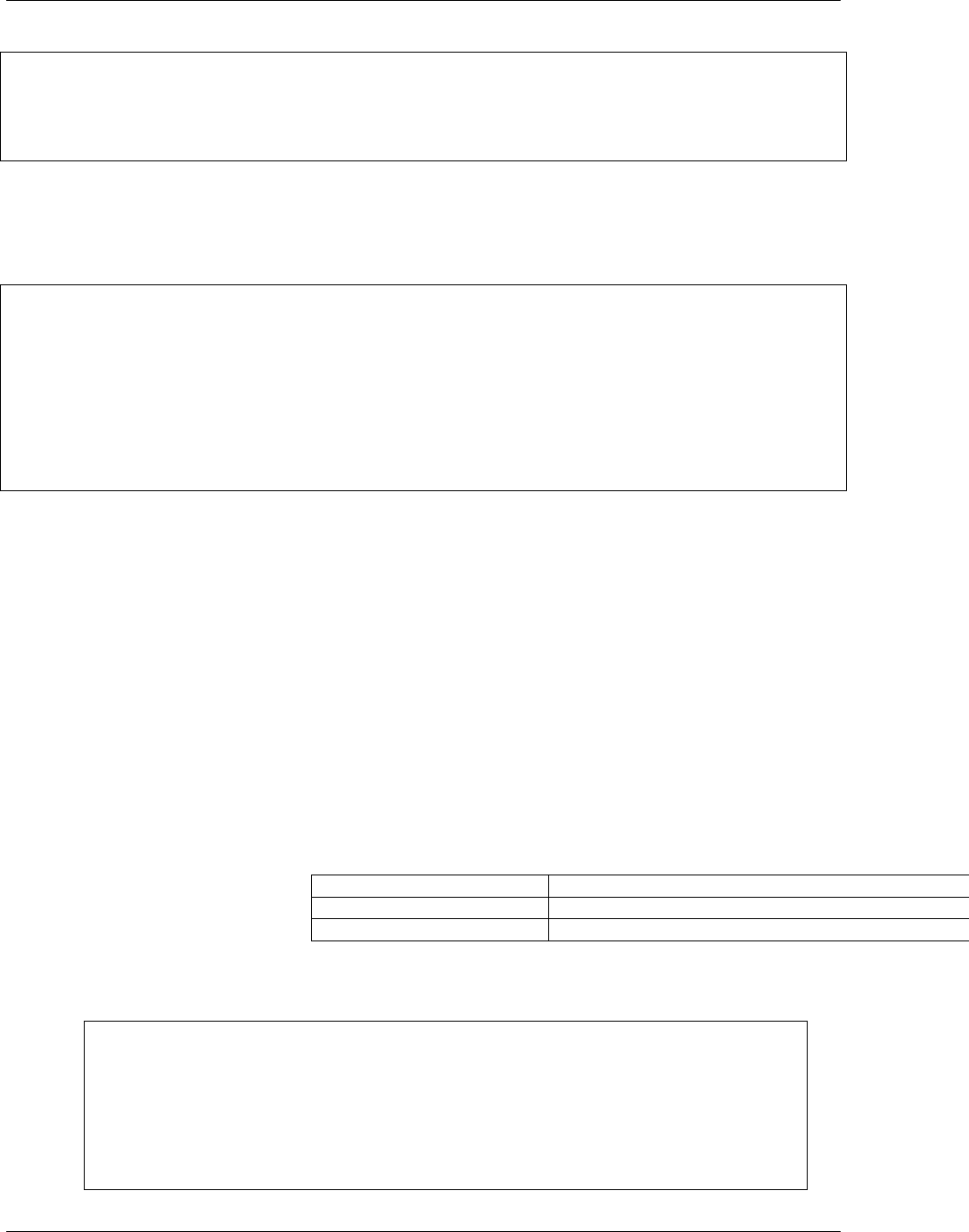
GeoServer User Manual, Release 2.15.1
26 </Rule>
27 </FeatureTypeStyle>
28 </UserStyle>
29 </NamedLayer>
30 </StyledLayerDescriptor>
YSLD Style
Here is the same example as YSLD:
1name: airports
2title: Airports
3scale: [min,max]
4symbolizers:
5- point:
6size: 16
7symbols:
8- external:
9url: airport.svg
10 format: image/svg
We use a point symbolizer to indicate we want this content drawn as
aPoint (line 16 in the SLD, line 5 in the YSLD). The point symbolizer
declares an external graphic, which contains the URL airports.
svg indicating the image that should be drawn (line 20 in the SLD,
line 9 in the YSLD).
Tour
To confirm everything works, let’s reproduce the airports style
above.
1. Navigate to the Styles page.
2. Each time we edit a style, the contents of the associated SLD file
are replaced. Rather then disrupt any of our existing styles we will
create a new style. Click Add a new style and choose the following:
Name: airports0
Workspace: (leave empty)
Format: YSLD
3. Replace the initial YSLD definition with with our airport YSLD ex-
ample and click Apply:
name: airports
title: Airports
scale: [min,max]
symbolizers:
- point:
size: 16
symbols:
- external:
906 Chapter 6. Styling
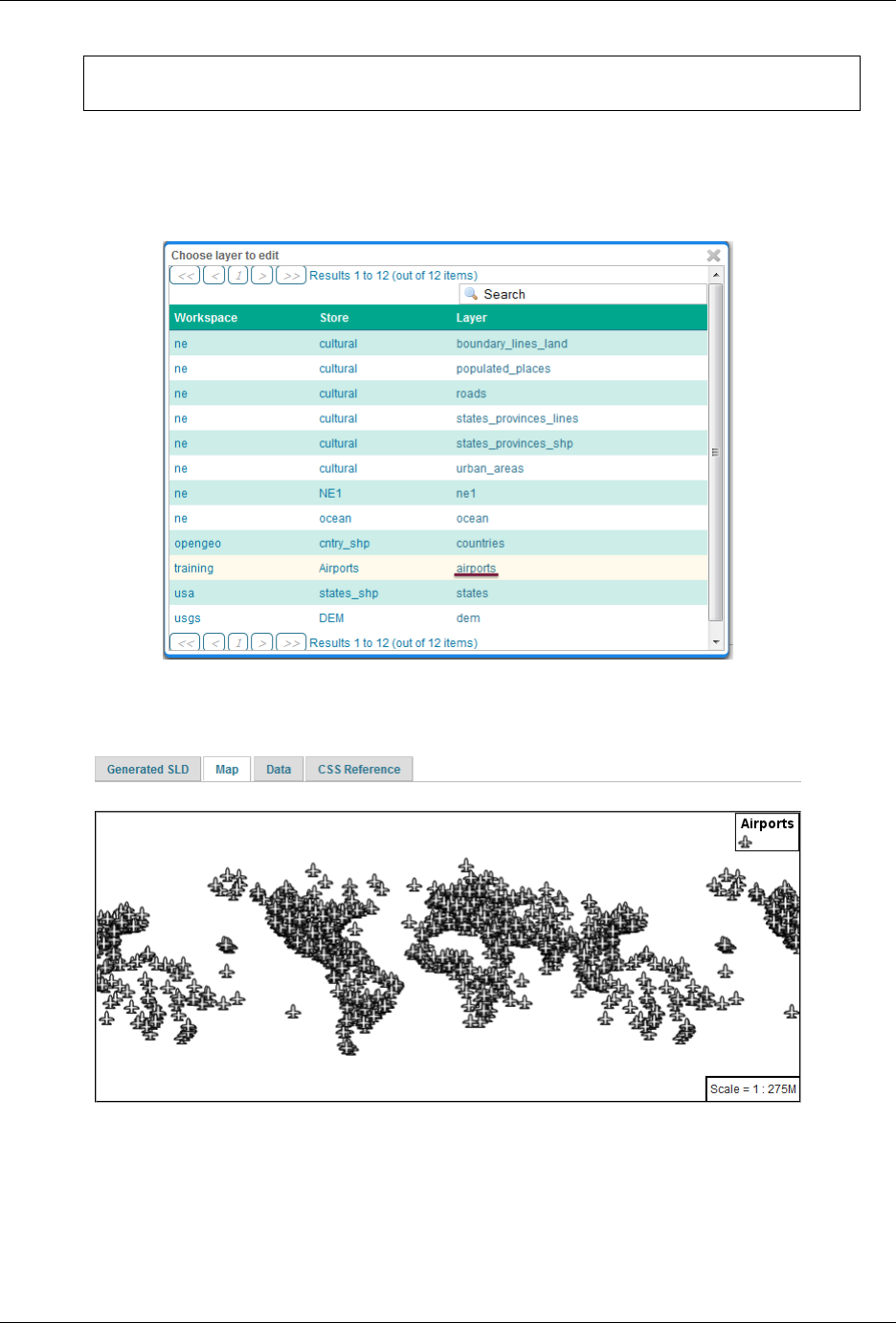
GeoServer User Manual, Release 2.15.1
url: airport.svg
format: image/svg
4. Click the Layer Preview tab to preview the style. We want to preview
on the aiports layer, so click the name of the current layer and select
ne:airports from the list that appears. You can use the mouse
buttons to pan and scroll wheel to change scale.
Fig. 6.300: Choosing the airports layer
Fig. 6.301: Layer preview
5. Click Layer Data for a summary of the selected data.
6.7. Styling Workshop 907

GeoServer User Manual, Release 2.15.1
Fig. 6.302: Layer attributes
Bonus
Finished early? For now please help your neighbour so we can pro-
ceed with the workshop.
If you are really stuck please consider the following challenge rather
than skipping ahead.
Explore Data
1. Return to the Data tab and use the Compute link to determine the
minimum and maximum for the scalerank attribute.
Challenge Compare SLD Generation
# The rest API can be used to review your YAML file directly.
Browser:
•view-source:http://localhost:8080/geoserver/rest/styles/airport0.yaml
Command line:
curl -v-u admin:geoserver -XGET http:/
,→/localhost:8080/geoserver/rest/styles/airports0.yaml
1. The REST API can also be used generate an SLD file:
Browser:
•view-source:http://localhost:8080/geoserver/rest/styles/airport0.sld?pretty=true
Command line:
908 Chapter 6. Styling

GeoServer User Manual, Release 2.15.1
curl -v -u admin:geoserver -XGET http://localhost:8080/
,→geoserver/rest/styles/airports0.sld?pretty=true
1. Compare the generated SLD differ above with the hand written SLD
file used as an example?
Challenge: What differences can you spot?
Lines
We will start our tour of YSLD styling by looking at the representa-
tion of lines.
Fig. 6.303: LineString Geometry
Review of line symbology:
• Lines can be used to represent either abstract concepts with length
but not width such as networks and boundaries, or long thin fea-
tures with a width that is too small to represent on the map. This
means that the visual width of line symbols do not normally
change depending on scale.
• Lines are recorded as LineStrings or Curves depending on the ge-
ometry model used.
• SLD uses a LineSymbolizer to record how the shape of a line is
drawn. The primary characteristic documented is the Stroke used
to draw each segment between vertices.
• Labeling of line work is anchored to the mid-point of the line.
GeoServer provides a vendor option to allow label rotation aligned
with line segments.
For our exercises we are going to be using simple YSLD documents,
often consisting of a single rule, in order to focus on the properties
used for line symbology.
Each exercise makes use of the ne:roads layer.
Reference:
•YSLD Reference
•YSLD Reference Line symbolizer (User Manual | YSLD Reference)
•LineString (User Manual | SLD Reference )
Line
A line symbolizer is represented by a line key. You can make a
completely default symbolizer by giving it an empty map
line:
1. Navigate to the Styles page.
6.7. Styling Workshop 909
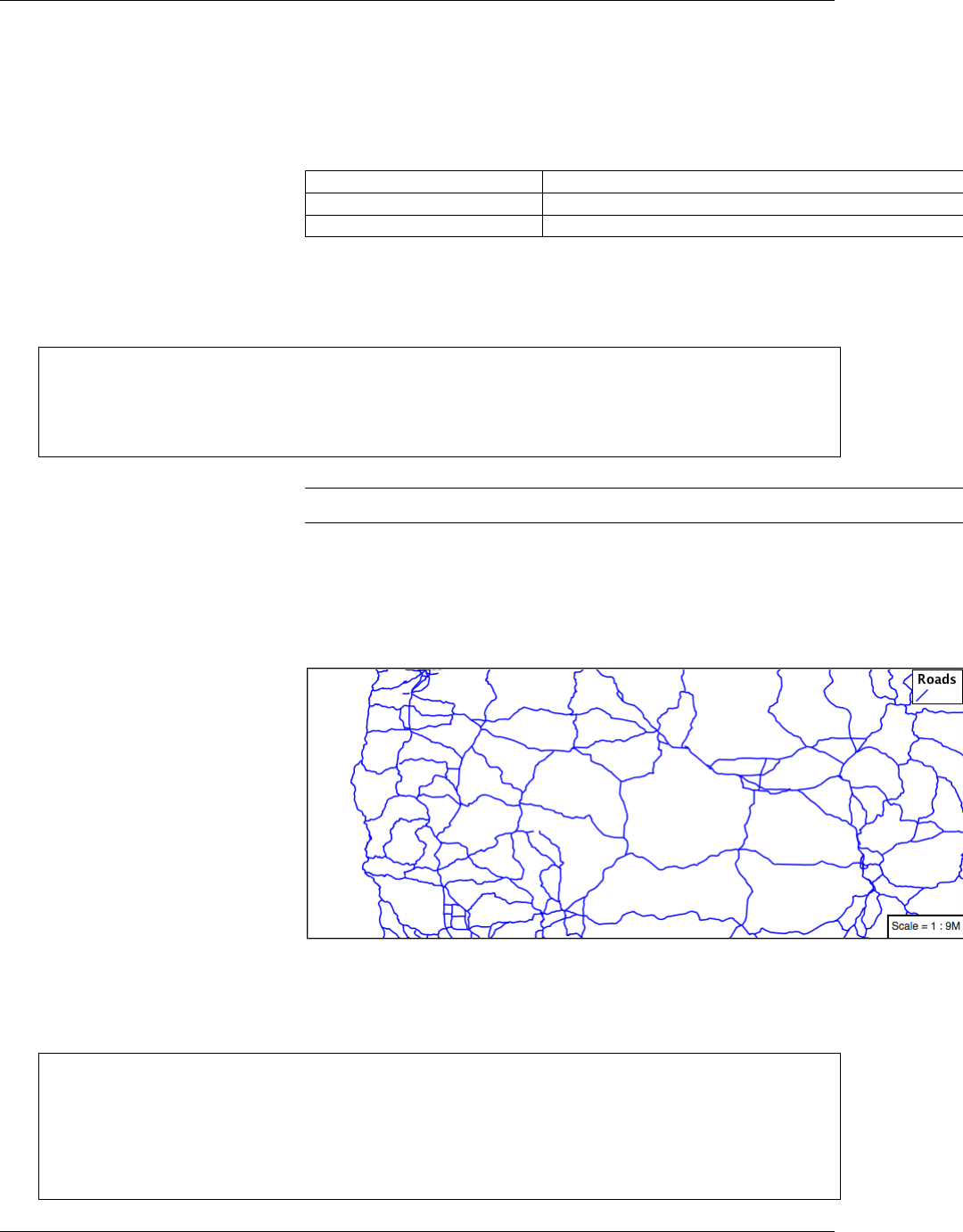
GeoServer User Manual, Release 2.15.1
Fig. 6.304: Basic Stroke Properties
2. Click Add a new style and choose the following:
New style name: line_example
Workspace for new layer: Leave blank
Format: YSLD
3. Choose line from the Generate a default style dropdown
and click generate.
4. The style editor should look like below:
title: dark yellow line
symbolizers:
- line:
stroke-width: 1.0
stroke-color: '#99cc00'
Note: The title and value for stroke-color may be different.
1. Click Apply
2. Click Layer Preview to see your new style applied to a layer.
You can use this tab to follow along as the style is edited, it will
refresh each time Apply is pressed.
3. You can see the equivalent SLD by requesting http:/
/localhost:8080/geoserver/rest/styles/
line_example.sld?pretty=true which will currently show
the default line symbolizer we created.
<?xml version="1.0" encoding="UTF-8"?>
,→<sld:StyledLayerDescriptor xmlns="http://www.opengis.
,→net/sld" xmlns:sld="http://www.opengis.net/sld
,→" xmlns:gml="http://www.opengis.net/gml" xmlns:ogc=
,→"http://www.opengis.net/ogc" version="1.0.0">
<sld:NamedLayer>
<sld:Name>line_example</sld:Name>
910 Chapter 6. Styling

GeoServer User Manual, Release 2.15.1
<sld:UserStyle>
<sld:Name>line_example</sld:Name>
<sld:Title>dark yellow line</sld:Title>
<sld:FeatureTypeStyle>
<sld:Name>name</sld:Name>
<sld:Rule>
<sld:LineSymbolizer>
<sld:Stroke>
<sld:CssParameter
,→name="stroke">#99CC00</sld:CssParameter>
</sld:Stroke>
</sld:LineSymbolizer>
</sld:Rule>
</sld:FeatureTypeStyle>
</sld:UserStyle>
</sld:NamedLayer>
</sld:StyledLayerDescriptor>
We only specified the line symbolizer, so all of the boilerplate ar-
round was generated for us.
1. Additional properties can be used fine-tune appearance. Use
stroke-color to specify the colour of the line.
line:
stroke-color: blue
2. stroke-width lets us make the line wider
line:
stroke-color: blue
stroke-width: 2px
3. stroke-dasharray applies a dot dash pattern.
line:
stroke-color: blue
stroke-width: 2px
stroke-dasharray: 5 2
4. Check the Layer Preview tab to preview the result.
Note: The GeoServer rendering engine is quite sophisticated and allows the use of units of measure (such
as mor ft). While we are using pixels in this example, real world units will be converted using the current
scale, allowing for lines that change width with the scale.
6.7. Styling Workshop 911

GeoServer User Manual, Release 2.15.1
Multiple Symbolizers
Providing two strokes is often used to provide a contrasting edge
(called casing) to thick lines. This can be created using two symbol-
izers.
1. Start by filling in a bit of boilerplate that we’ll be using
feature-styles:
- rules:
- symbolizers:
- line:
stroke-color: '#8080E6'
stroke-width: 3px
The line symbolizer is inside a rule, which is inside a feature style.
2. Add a second symbolizer to the rule
feature-styles:
- rules:
- symbolizers:
- line:
stroke-color: black
stroke-width: 5px
- line:
stroke-color: '#8080E6'
stroke-width: 3px
The wider black line is first so it is drawn first, then the thinner blue
line drawn second and so over top of the black line. This is called
the painter’s algorithm.
3. If you look carefully you can see a problem with our initial attempt.
The junctions of each line show that the casing outlines each line
individually, making the lines appear randomly overlapped. Ideally
we would like to control this process, only making use of this effect
for overpasses.
This is becaue the black and blue symbolizers are being drawn on
a feature by feature basis. For nice line casing, we want all of the
black symbols, and then all of the blue symbols.
4. Create a new feature style and move the second symbolizer there.
feature-styles:
- rules:
- symbolizers:
- line:
912 Chapter 6. Styling
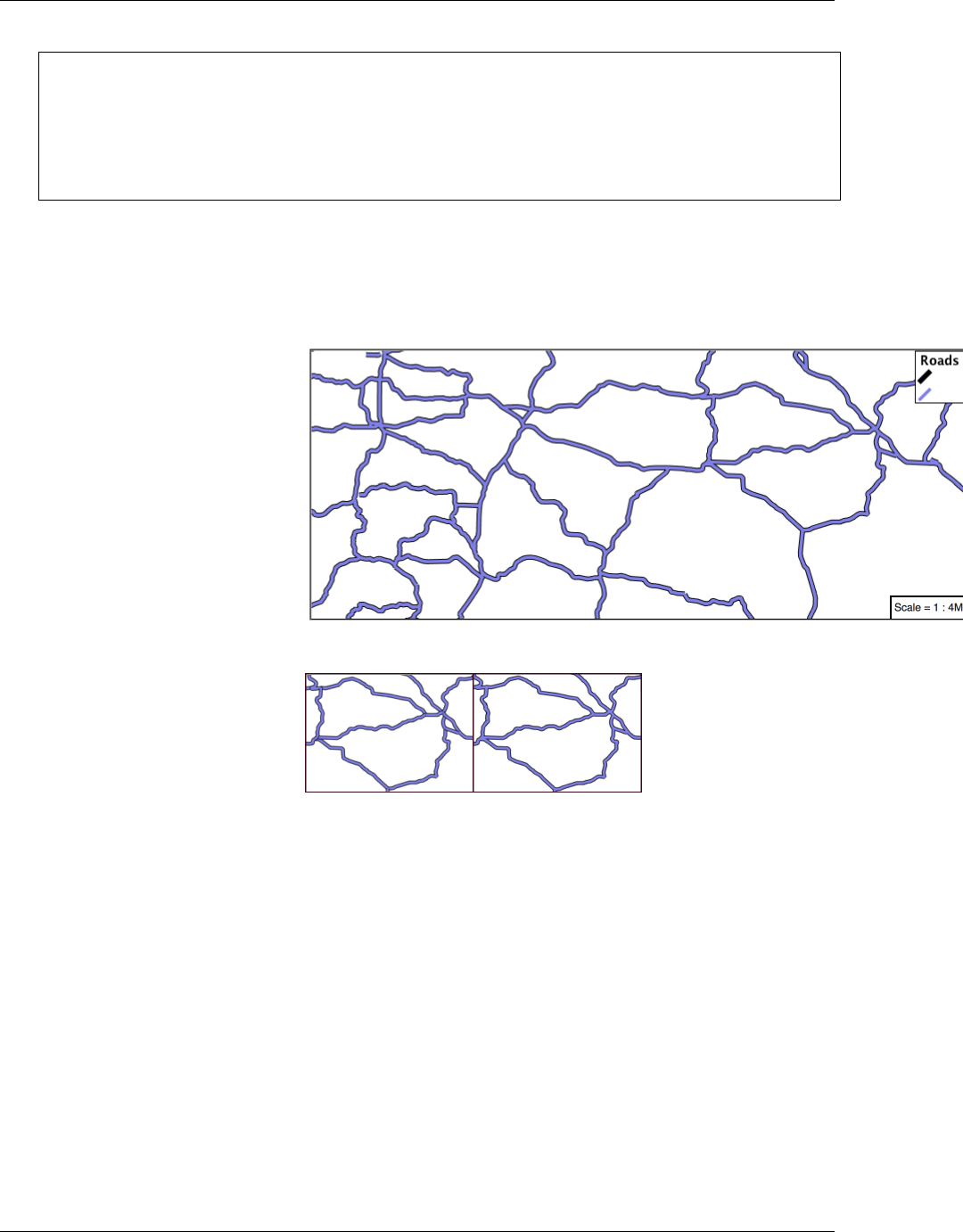
GeoServer User Manual, Release 2.15.1
stroke-color: black
stroke-width: 5px
- rules:
- symbolizers:
- line:
stroke-color: '#8080E6'
stroke-width: 3px
Again we are using painter’s algorithm order: the first feature style
is drawn first then the second so the the second is drawn on top
of the first. The difference is that for each feature style, all of the
features are drawn before the next feature style is drawn.
5. If you look carefully you can see the difference.
6. By using feature styles we have been able to simulate line casing.
Label
Our next example is significant as it introduces how text labels are
generated.
Fig. 6.305: Use of Label Property
This is also our first example making use of a dynamic style (where
a value comes from an attribute from your data).
1. To enable LineString labeling we add a text symbolizer witrh a
label.
Update line_example with the following:
6.7. Styling Workshop 913
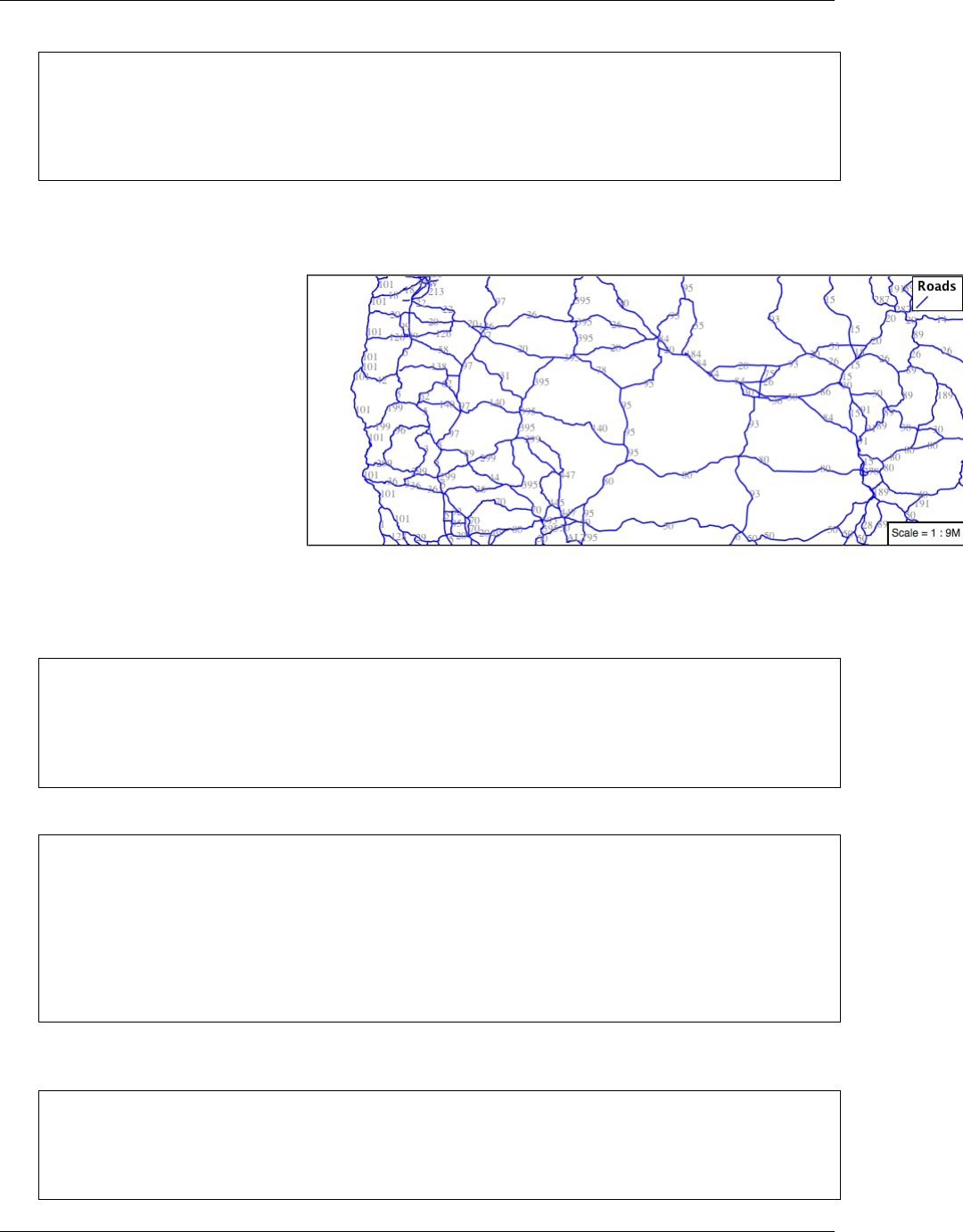
GeoServer User Manual, Release 2.15.1
symbolizers:
- line:
stroke-color: blue
stroke-width: 1px
- text:
label: ${name}
2. The SLD standard documents the default label position for each
kind of Geometry. For LineStrings the initial label is positioned on
the midway point of the line.
3. We have used an expression to calculate a property value for label.
The label is generated dynamically from the name attribute. Expres-
sions are supplied within curly braces preceded with a dollar sign,
and use Extended Constraint Query Language (ECQL) syntax.
symbolizers:
- line:
stroke-color: blue
stroke-width: 1px
- text:
label: ${name}
4. Additional keys can be supplied to fine-tune label presentation:
symbolizers:
- line:
stroke-color: blue
stroke-width: 1px
- text:
label: ${name}
fill-color: black
placement: line
offset: 7px
5. The fill-color property is set to black to provide the colour of the
text.
symbolizers:
- line:
stroke-color: blue
stroke-width: 1px
- text:
914 Chapter 6. Styling
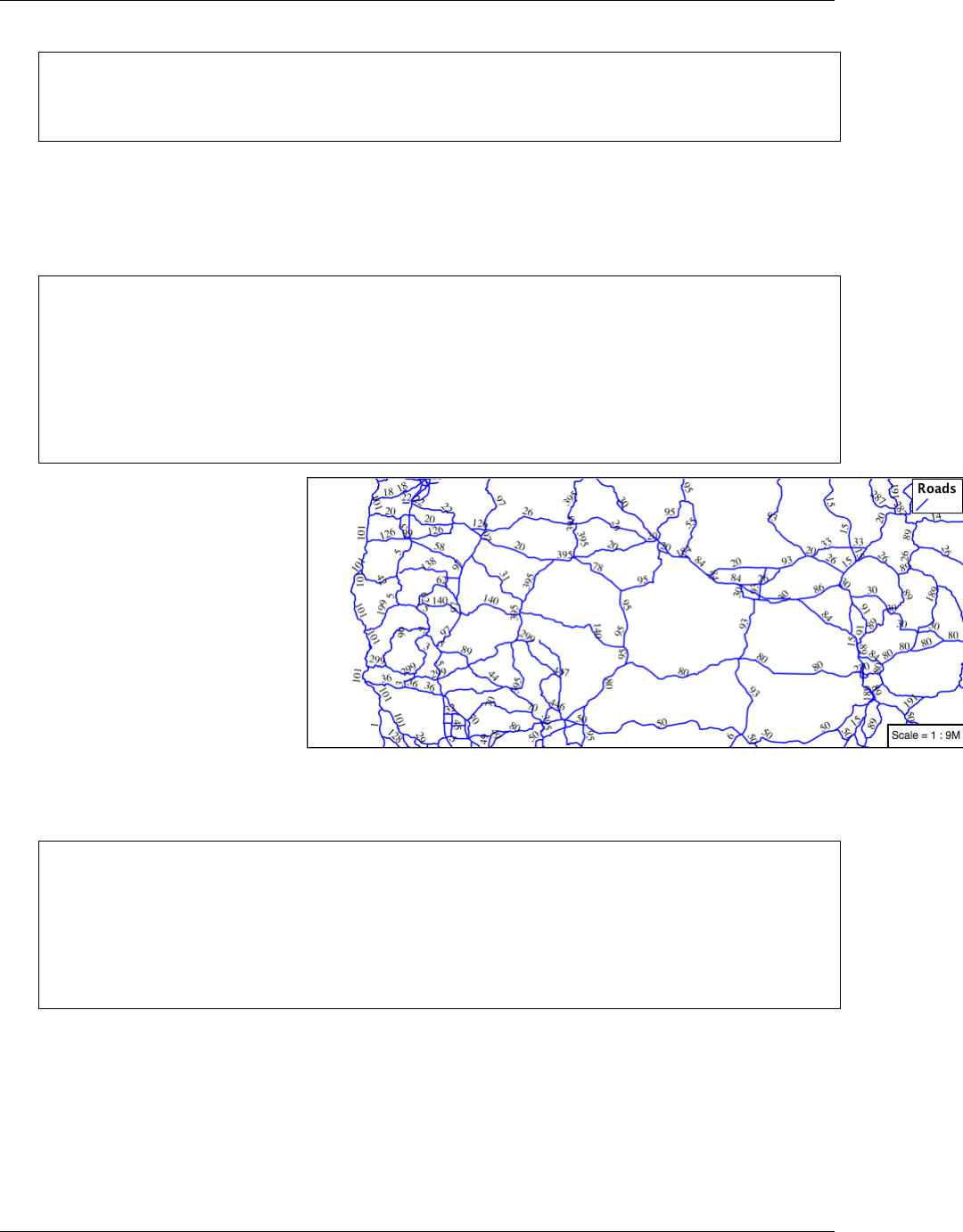
GeoServer User Manual, Release 2.15.1
label: ${name}
fill-color: black
placement: line
offset: 7px
6. The placement property is used to set how the label is placed with
respect to the line. By default it is point which casues the label to
be placed next to the midpoint as it would be for a point feature.
When set to line it is placed along the line instead. offset specifies
how far from the line the label should be placed.
symbolizers:
- line:
stroke-color: blue
stroke-width: 1px
- text:
label: ${name}
fill-color: black
placement: line
offset: 7px
7. When using point placement, you can shift the position of the label
using displacement instead of offset. This takes an x value and a y
value.
symbolizers:
- line:
stroke-color: blue
stroke-width: 1px
- text:
label: ${name}
fill-color: black
displacement: [5px,-10px]
How Labeling Works
The rendering engine collects all the generated labels during the ren-
dering of each layer. Then, during labeling, the engine sorts through
the labels performing collision avoidance (to prevent labels overlap-
ping). Finally the rendering engine draws the labels on top of the
6.7. Styling Workshop 915

GeoServer User Manual, Release 2.15.1
map. Even with collision avoidance you can spot areas where labels
are so closely spaced that the result is hard to read.
The parameters provided by SLD are general purpose and should
be compatible with any rendering engine.
To take greater control over the GeoServer rendering engine we can
use “vendor specific” parameters. These hints are used specifically
for the GeoServer rendering engine and will be ignored by other
systems. In YSLD vendor specific parameters start with the prefix
x-.
1. The ability to take control of the labeling process is exactly the kind
of hint a vendor specific parameter is intended for.
Update line_example with the following:
symbolizers:
- line:
stroke-color: blue
stroke-width: 1px
- text:
label: ${name}
fill-color: black
placement: line
offset: 7px
x-label-padding: 10
2. The parameter x-label-padding provides additional space around
our label for use in collision avoidance.
symbolizers:
- line:
stroke-color: blue
stroke-width: 1px
- text:
label: ${name}
fill-color: black
placement: line
offset: 7px
x-label-padding: 10
3. Each label is now separated from its neighbor, improving legibility.
Scale
This section explores the use of rules with filters and scale restric-
tions.
1. Replace the line_example YSLD definition with:
916 Chapter 6. Styling

GeoServer User Manual, Release 2.15.1
rules:
- filter: ${scalerank < 4}
symbolizers:
- line:
stroke-color: black
stroke-width: 1
2. And use the Layer Preview tab to preview the result.
3. The scalerank attribute is provided by the Natural Earth dataset to
allow control of the level of detail based on scale. Our filter short-
listed all content with scalerank 4 or lower, providing a nice quick
preview when we are zoomed out.
4. In addition to testing feature attributes, selectors can also be used to
check the state of the rendering engine.
Replace your YSLD with the following:
rules:
- scale: [35000000,max]
symbolizers:
- line:
stroke-color: black
stroke-width: 1
- scale: [min,35000000]
symbolizers:
- line:
stroke-color: blue
stroke-width: 1
5. As you adjust the scale in the Layer Preview (using the mouse scroll
wheel) the color will change between black and blue. You can read
the current scale in the bottom right corner, and the legend will
change to reflect the current style.
6. Putting these two ideas together allows control of level detail based
on scale:
define: &primaryStyle
stroke-color: black
define: &primaryFilter ${scalerank <= 4}
6.7. Styling Workshop 917

GeoServer User Manual, Release 2.15.1
define: &secondaryStyle
stroke-color: '#000055'
define: &secondaryFilter ${scalerank = 5}
rules:
- else: true
scale: [min,9000000]
symbolizers:
- line:
stroke-color: '#888888'
stroke-width: 1
- filter: ${scalerank = 7}
scale: [min,17000000]
symbolizers:
- line:
stroke-color: '#777777'
stroke-width: 1
- filter: ${scalerank = 6}
scale: [min,35000000]
symbolizers:
- line:
stroke-color: '#444444'
stroke-width: 1
- filter: *secondaryFilter
scale: [9000000,70000000]
symbolizers:
- line:
<<: *secondaryStyle
stroke-width: 1
- filter: *secondaryFilter
scale: [min,9000000]
symbolizers:
- line:
<<: *secondaryStyle
stroke-width: 2
- filter: *primaryFilter
scale: [35000000,max]
symbolizers:
- line:
<<: *primaryStyle
stroke-width: 1
- filter: *primaryFilter
scale: [9000000,35000000]
symbolizers:
- line:
<<: *primaryStyle
stroke-width: 2
- filter: *primaryFilter
scale: [min,9000000]
symbolizers:
- line:
<<: *primaryStyle
stroke-width: 4
918 Chapter 6. Styling
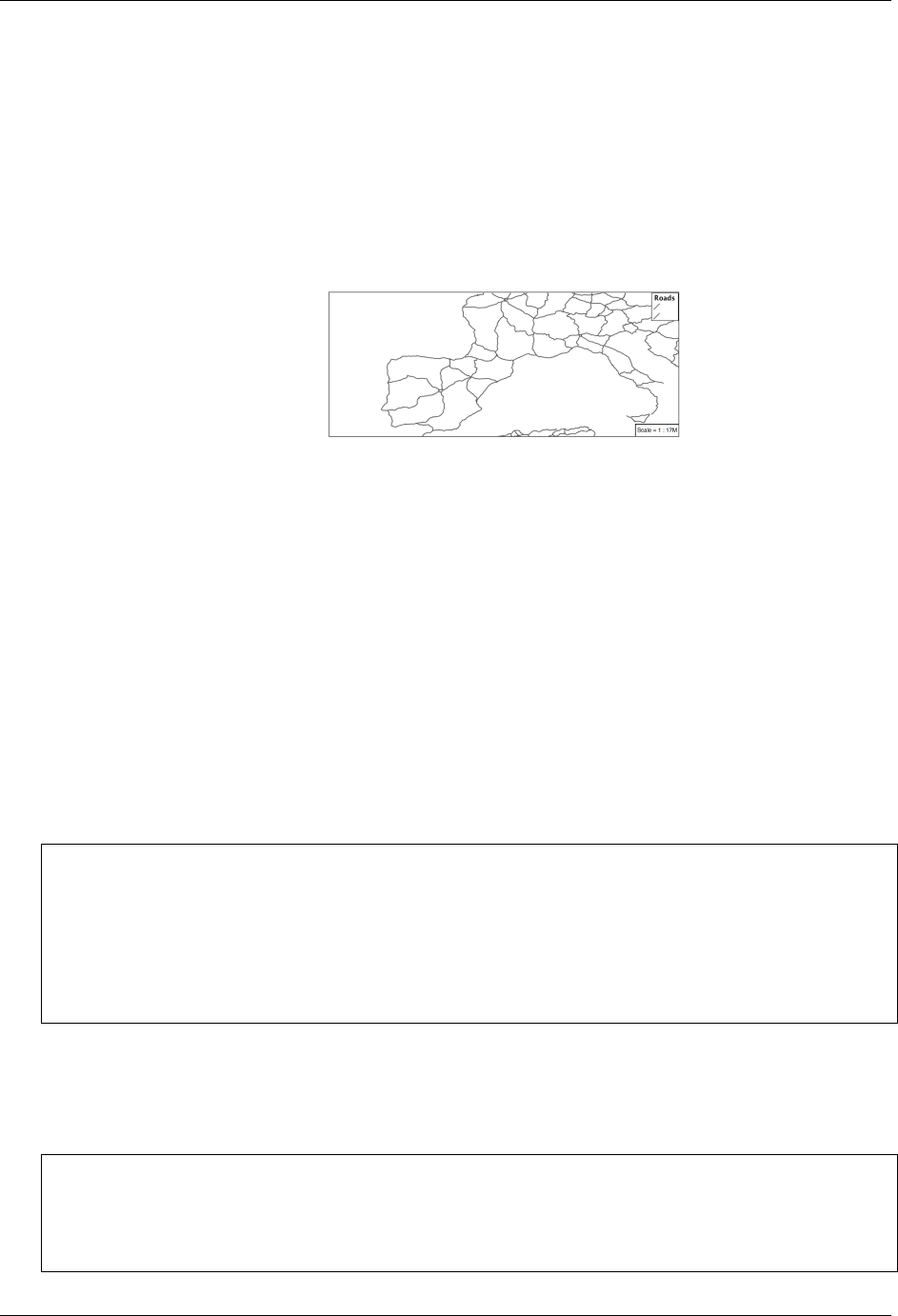
GeoServer User Manual, Release 2.15.1
7. When a rule has both a filter and a scale, it will trigger when both
are true.
The first rule has else: true instead of a filter. This causes it to be ap-
plied after all other rules have been checked if none of them worked.
Since there are some things we need to specify more than once like
the colour and filter for primary and secondary roads, even as they
change size at different scales, they are given names with define so
they can be reused. The filters are inserted inline using *name while
the style is inserted as a block with <<: *name
Bonus
Finished early? Here are some opportunities to explore what we
have learned, and extra challenges requiring creativity and research.
In a classroom setting please divide the challenges between teams
(this allows us to work through all the material in the time avail-
able).
Explore Vendor Option Follow Line
Vendor options can be used to enable some quite spectacular effects,
while still providing a style that can be used by other applications.
1. Update line_example with the following:
symbolizers:
- line:
stroke-color: '#EDEDFF'
stroke-width: 10
- text:
label: '${level} #${name}'
fill-color: '#000000'
x-followLine: true
The #character is the comment character in YAML, so we have to
quote strings that contain it like colours and in this expression.
2. The property stroke-width has been used to make our line thicker
in order to provide a backdrop for our label.
symbolizers:
- line:
stroke-color: '#EDEDFF'
stroke-width: 10
- text:
6.7. Styling Workshop 919
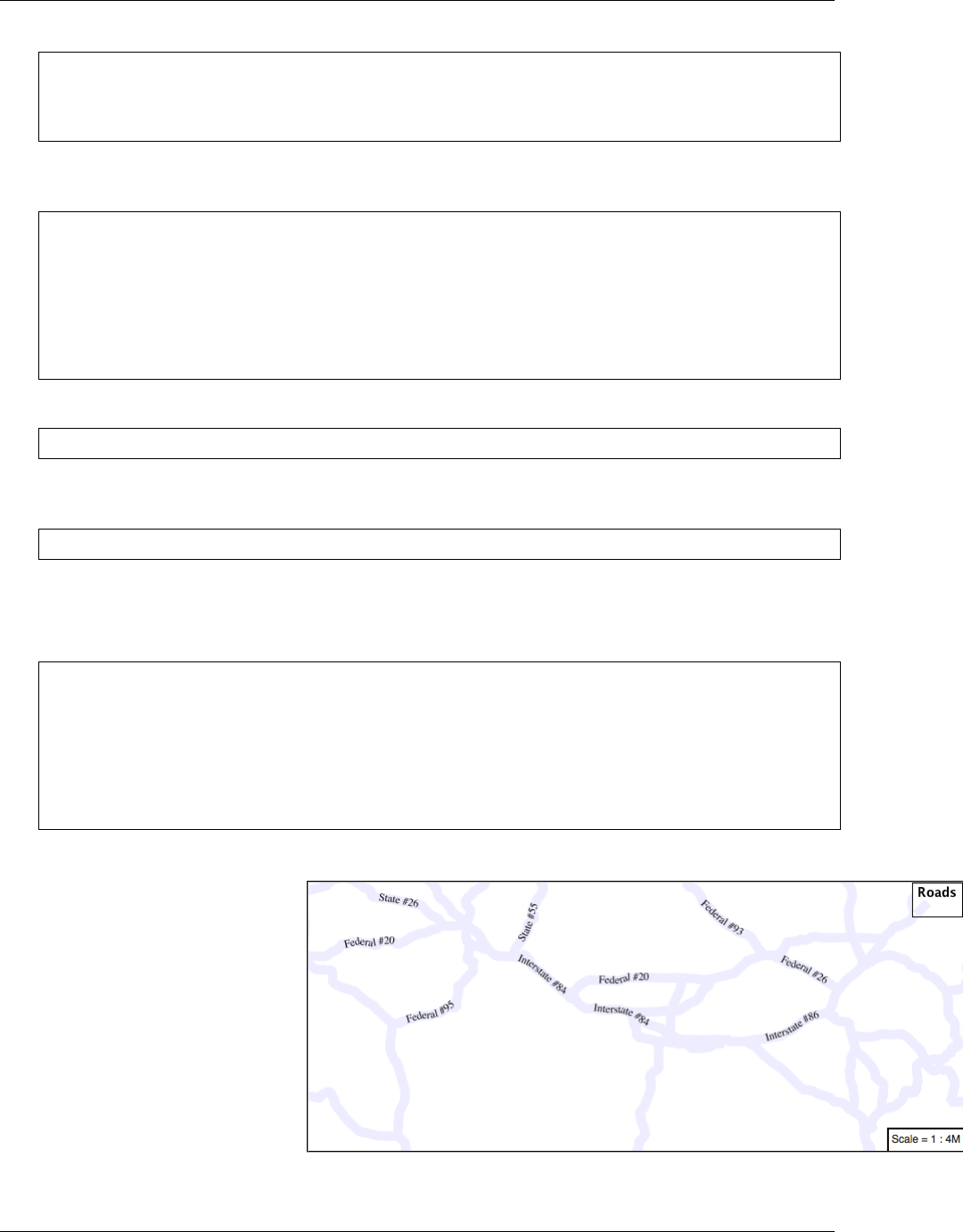
GeoServer User Manual, Release 2.15.1
label: '${level} #${name}'
fill-color: '#000000'
placement: point
x-followLine: true
3. The label property combine several CQL expressions together for a
longer label.
symbolizers:
- line:
stroke-color: '#EDEDFF'
stroke-width: 10
- text:
label: '${level} #${name}'
fill-color: '#000000'
x-followLine: true
The expressions in the label property:
${level} #${name}
are inserted into the text by combining them with the text between
them using Concatenate function:
[Concatenate(level,' #', name)]
This happens silently in the background.
4. The property x-followLine provides the ability of have a label ex-
actly follow a LineString character by character.
symbolizers:
- line:
stroke-color: '#EDEDFF'
stroke-width: 10
- text:
label: ${level} ${name}
fill-color: '#000000'
x-followLine: true
5. The result is a new appearance for our roads.
920 Chapter 6. Styling
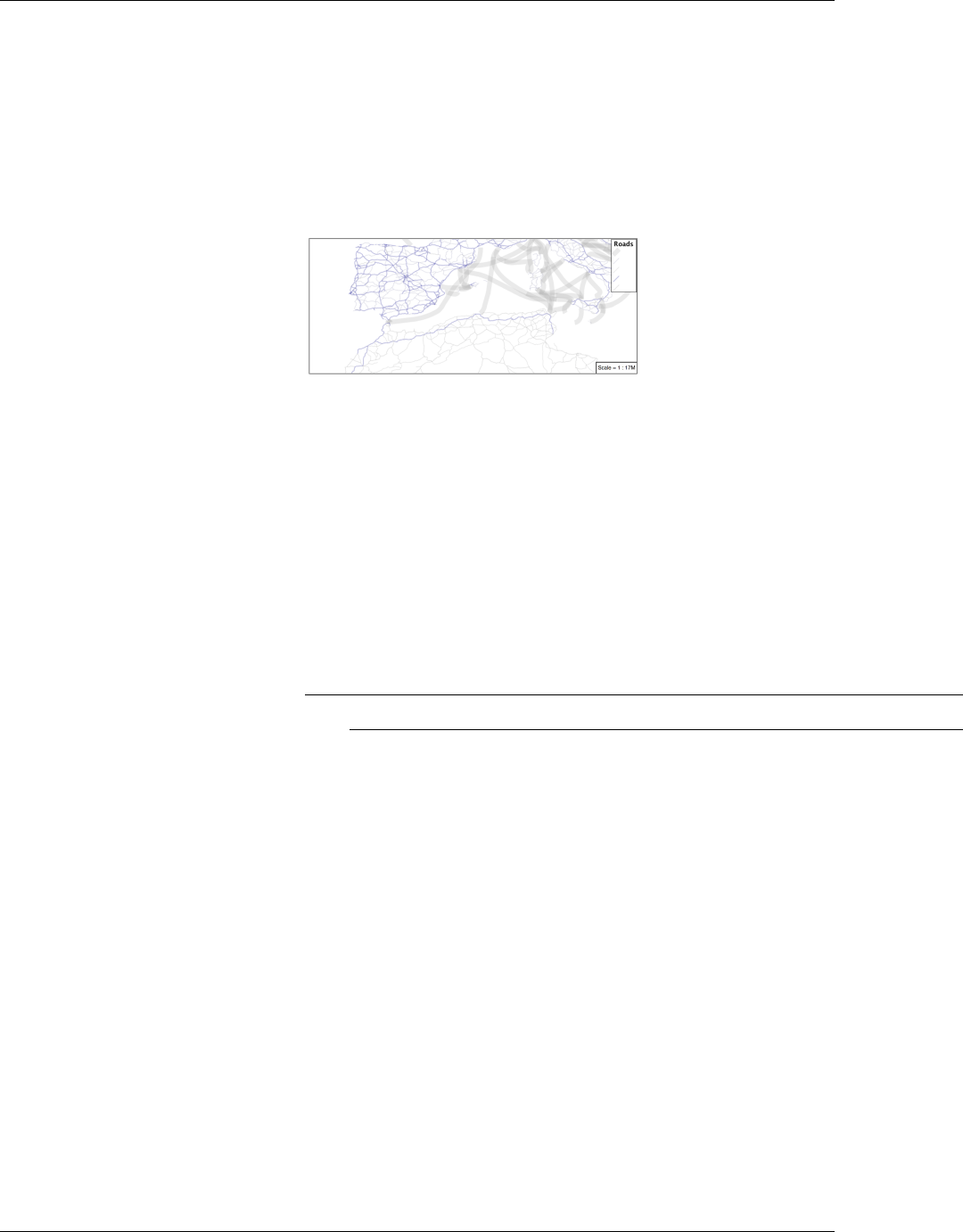
GeoServer User Manual, Release 2.15.1
Challenge Classification
1. The roads type attribute provides classification information.
You can Layer Preview to inspect features to determine available
values for type.
2. Challenge: Create a new style adjust road appearance based on
type.
note:: The available values are ‘Major Highway’,’Secondary High-
way’,’Road’ and ‘Unknown’.
note:: Answer provided at the end of the workbook.
Challenge One Rule Classification
1. You can save a lot of typing by doing your classification in an ex-
pression using arithmetic or the Recode function
2. Challenge: Create a new style and classify the roads based on their
scale rank using expressions in a single rule instead of multiple rules
with filters.
Note: Answer provided at the end of the workbook.
Challenge Label Shields
1. The traditional presentation of roads in the US is the use of a shield
symbol, with the road number marked on top.
2. Challenge: Have a look at the documentation for putting a graphic
on a text symbolizer in SLD and reproduce this technique in YSLD.
6.7. Styling Workshop 921

GeoServer User Manual, Release 2.15.1
Note: Answer provided at the end of the workbook.
Polygons
Next we look at how YSLD styling can be used to represent poly-
gons.
Fig. 6.306: Polygon Geometry
Review of polygon symbology:
• Polygons offer a direct representation of physical extent or the out-
put of analysis.
• The visual appearance of polygons reflects the current scale.
• Polygons are recorded as a LinearRing describing the polygon
boundary. Further LinearRings can be used to describe any holes
in the polygon if present.
The Simple Feature for SQL Geometry model (used by GeoJSON)
represents these areas as Polygons, the ISO 19107 geometry model
(used by GML3) represents these areas as Surfaces.
• SLD uses a PolygonSymbolizer to describe how the shape of a poly-
gon is drawn. The primary characteristic documented is the Fill
used to shade the polygon interior. The use of a Stroke to describe
the polygon boundary is optional.
• Labeling of a polygon is anchored to the centroid of the polygon.
GeoServer provides a vendor-option to allow labels to line wrap to
remain within the polygon boundaries.
For our Polygon exercises we will try and limit our YSLD docu-
ments to a single rule, in order to showcase the properties used for
rendering.
Reference:
•YSLD Reference
922 Chapter 6. Styling
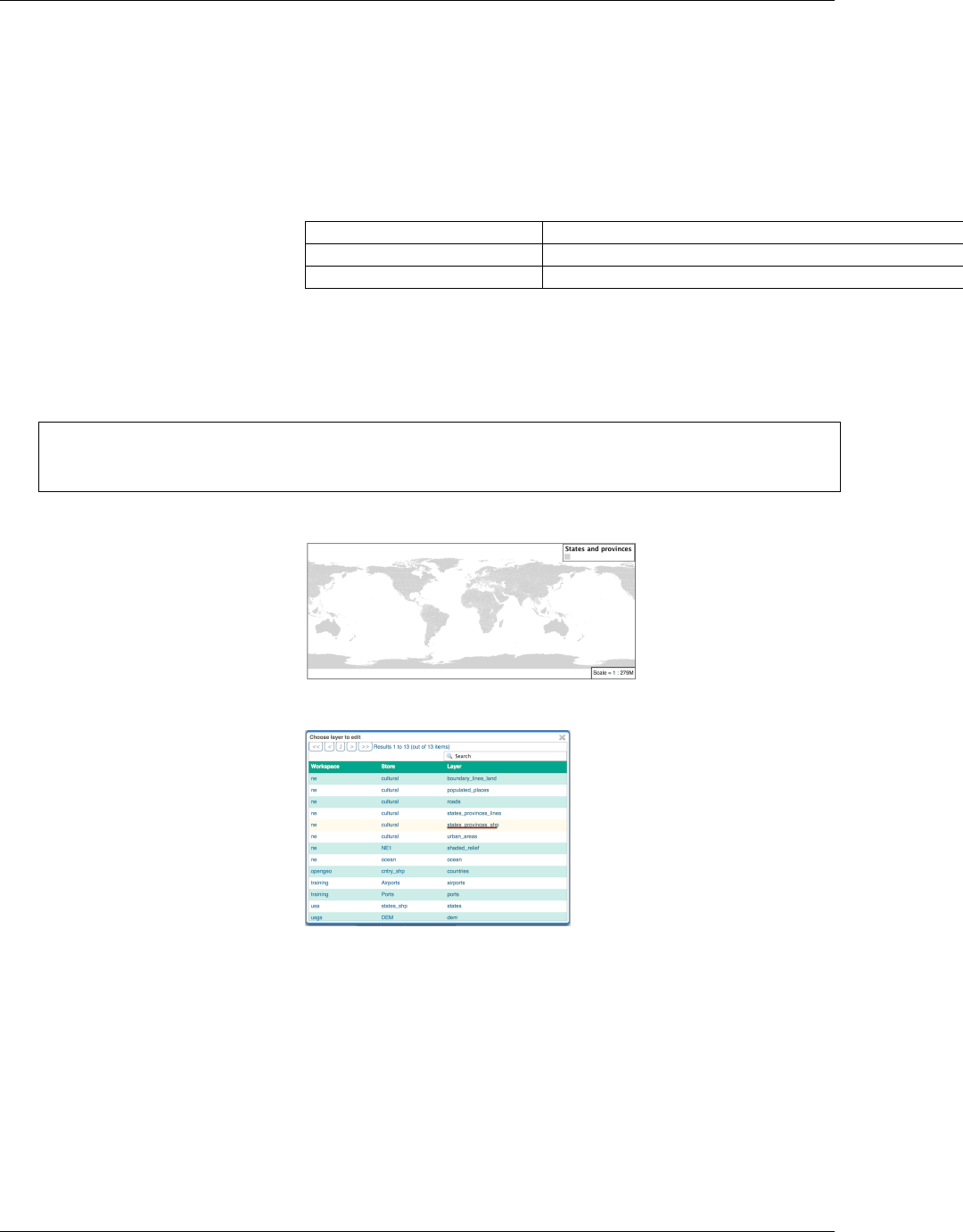
GeoServer User Manual, Release 2.15.1
•YSLD Reference Polygon symbolizer (User Manual | YSLD Reference)
•Polygons (User Manual | SLD Reference )
This exercise makes use of the ne:states_provinces_shp layer.
1. Navigate to Styles.
2. Create a new style polygon_example.
Name: polygon_example
Workspace: No workspace
Format: YSLD
3. Choose polygon from the Generate a default style drop-
down and click generate.
4. Replace the generated style with the following style and click Apply
to save:
symbolizers:
- polygon:
fill-color: 'lightgrey'
5. Click on the tab Layer Preview to preview.
6. Set ne:states_provinces_shp as the preview layer.
Stroke and Fill
The polygon symbolizer controls the display of polygon data.
The fill-color property is used to provide the color used to draw the
interior of a polygon.
1. Replace the contents of polygon_example with the following fill
example:
6.7. Styling Workshop 923
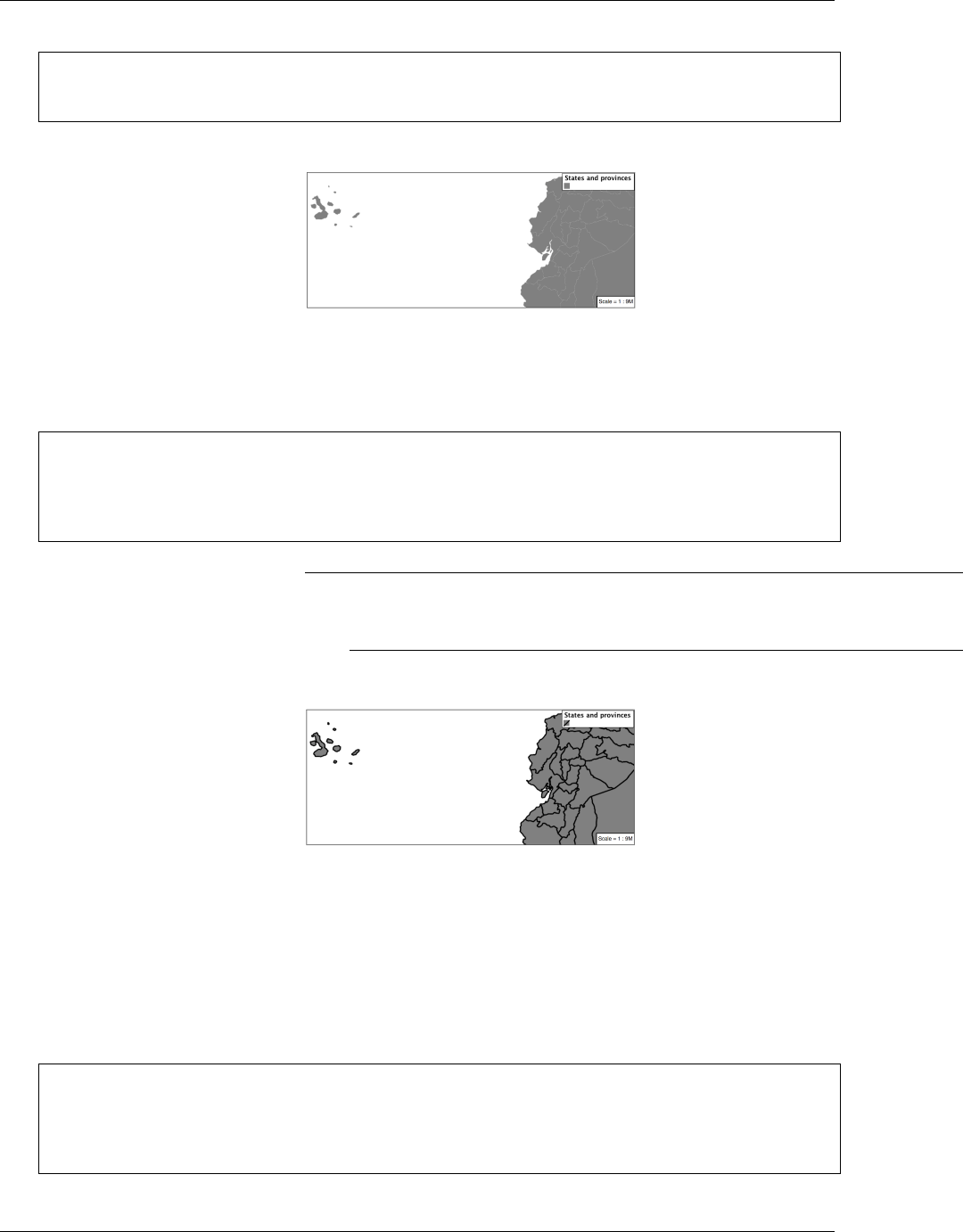
GeoServer User Manual, Release 2.15.1
symbolizers:
- polygon:
fill-color: 'gray'
2. The Layer Preview tab can be used preview the change:
3. To draw the boundary of the polygon the stroke property is used:
The stroke property is used to provide the color and size of the poly-
gon boundary. It is effected by the same parameters (and vendor
specific parameters) as used for LineStrings.
symbolizers:
- polygon:
fill-color: 'gray'
stroke-color: 'black'
stroke-width: 2
Note: Technically the boundary of a polygon is a specific case of
a LineString where the first and last vertex are the same, forming a
closed LinearRing.
4. The effect of adding stroke is shown in the map preview:
5. An interesting technique when styling polygons in conjunction with
background information is to control the fill opacity.
The fill-opacity property is used to adjust transparency (provided as
range from 0.0 to 1.0). Use of fill-opacity to render polygons works
well in conjunction with a raster base map. This approach allows
details of the base map to shown through.
The stroke-opacity property is used in a similar fashion, as a range
from 0.0 to 1.0.
symbolizers:
- polygon:
fill-color: 'white'
fill-opacity: 0.5
stroke-color: 'lightgrey'
924 Chapter 6. Styling

GeoServer User Manual, Release 2.15.1
stroke-width: 0.25
stroke-opacity: 0.5
6. As shown in the map preview:
7. This effect can be better appreciated using a layer group.
Where the transparent polygons is used lighten the landscape pro-
vided by the base map.
Pattern
The fill-graphic property can be used to provide a pattern.
The fill pattern is defined by repeating one of the built-in symbols,
or making use of an external image.
1. We have two options for configuring a fill-graphic with a repeating
graphic:
Using external to reference to an external graphic.
Use of mark to access a predefined shape. SLD provides several
well-known shapes (circle, square, triangle, arrow, cross, star, and
6.7. Styling Workshop 925

GeoServer User Manual, Release 2.15.1
x). GeoServer provides additional shapes specifically for use as fill
patterns.
Update polygon_example with the following built-in symbol as a re-
peating fill pattern:
symbolizers:
- polygon:
fill-graphic:
symbols:
- mark:
shape: square
fill-color: 'gray'
stroke-color: 'black'
stroke-width: 1
2. The map preview (and legend) will show the result:
3. Add a black stroke:
symbolizers:
- polygon:
stroke-color: 'black'
stroke-width: 1
fill-graphic:
symbols:
- mark:
shape: square
fill-color: 'gray'
stroke-color: 'black'
stroke-width: 1
4. To outline the individual shapes:
5. Additional fill properties allow control over the orientation and size
of the symbol.
926 Chapter 6. Styling

GeoServer User Manual, Release 2.15.1
The size property is used to adjust the size of the symbol prior to
use.
The rotation property is used to adjust the orientation of the symbol.
Adjust the size and rotation as shown:
symbolizers:
- polygon:
stroke-color: 'black'
stroke-width: 1
fill-graphic:
size: 22
rotation: 45.0
symbols:
- mark:
shape: square
fill-color: 'gray'
stroke-color: 'black'
stroke-width: 1
6. The size of each symbol is increased, and each symbol rotated by 45
degrees.
Note: Does the above look correct? There is an open request GEOT-
4642 to rotate the entire pattern, rather than each individual symbol.
7. The size and rotation properties just affect the size and placement
of the symbol, but do not alter the symbol’s design. In order to
control the color we set the fill-color and stroke-color properties of
the mark.
8. Replace the contents of polygon_example with the following:
symbolizers:
- polygon:
fill-graphic:
symbols:
- mark:
shape: square
fill-color: '#008000'
stroke-color: '#006400'
6.7. Styling Workshop 927

GeoServer User Manual, Release 2.15.1
stroke-width: 1
9. This change adjusts the appearance of our grid of squares.
10. The well-known symbols are more suited for marking individual
points. Now that we understand how a pattern can be controlled it
is time to look at the patterns GeoServer provides.
shape://horizline horizontal hatching
shape://vertline vertical hatching
shape://backslash right hatching pattern
shape://slash left hatching pattern
shape://plus vertical and horizontal hatching pattern
shape://times cross hatch pattern
Update the example to use shape://slash for a pattern of left hatch-
ing.
symbolizers:
- polygon:
stroke-color: 'black'
stroke-width: 1
fill-graphic:
symbols:
- mark:
shape: 'shape://slash'
stroke-color: 'gray'
11. This approach is well suited to printed output or low color devices.
12. To control the size of the symbol produced use the size property of
the fill-graphic.
928 Chapter 6. Styling
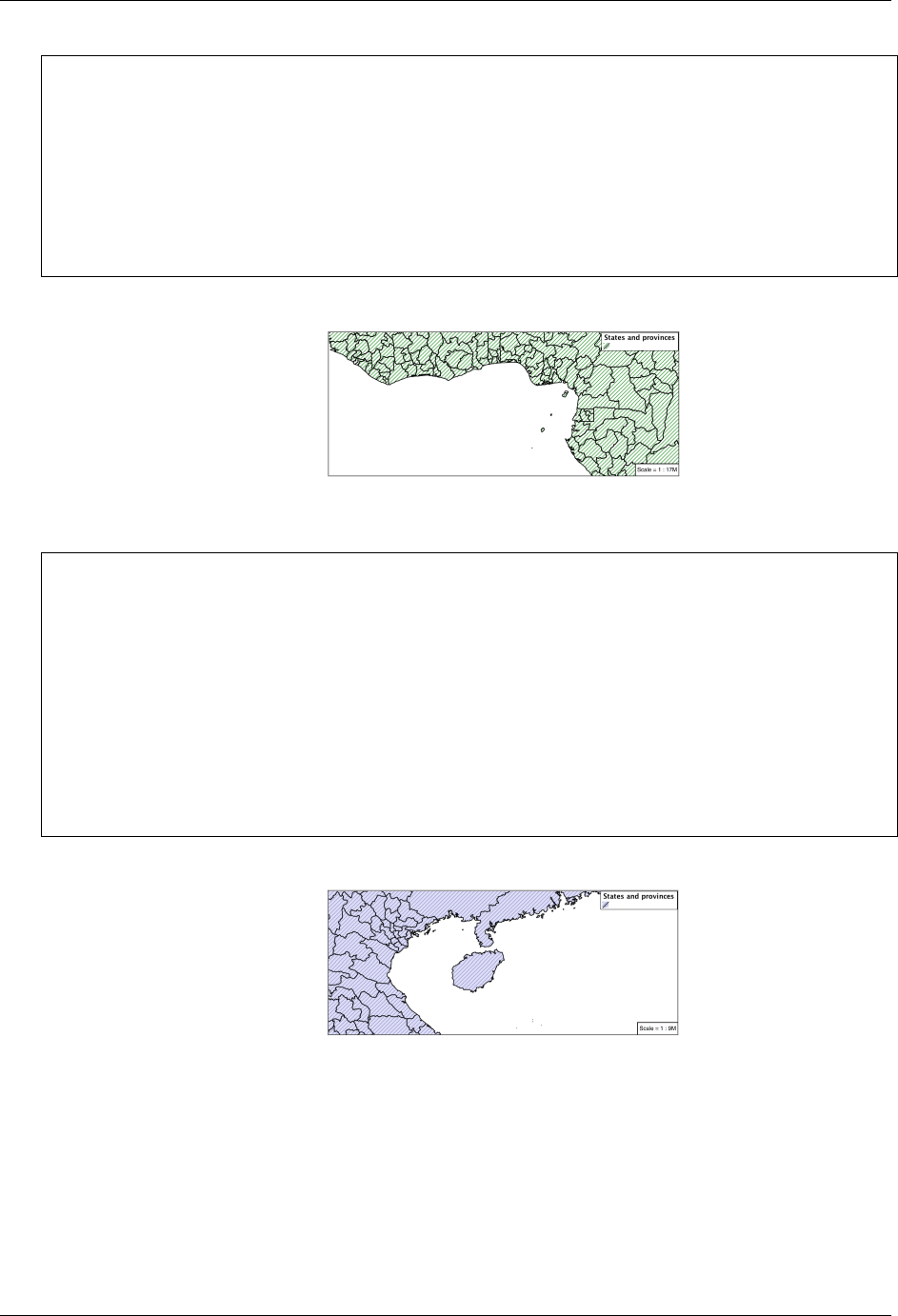
GeoServer User Manual, Release 2.15.1
symbolizers:
- polygon:
stroke-color: 'black'
stroke-width: 1
fill-graphic:
size: 8
symbols:
- mark:
shape: 'shape://slash'
stroke-color: 'gray'
13. This results in a tighter pattern shown:
14. Multiple fills can be applied by using a seperate symbolizer for each
fill as part of the same rule.
symbolizers:
- polygon:
stroke-color: 'black'
stroke-width: 1
fill-color: '#DDDDFF'
- polygon:
fill-graphic:
size: 8
symbols:
- mark:
shape: shape://slash
stroke-color: 'black'
stroke-width: 0.5
15. The resulting image has a solid fill, with a pattern drawn overtop.
Label
Labeling polygons follows the same approach used for LineStrings.
The key properties fill and label are used to enable Polygon label
generation.
1. By default labels are drawn starting at the centroid of each polygon.
6.7. Styling Workshop 929

GeoServer User Manual, Release 2.15.1
2. Try out label and fill together by replacing our polygon_example
with the following:
symbolizers:
- polygon:
stroke-color: 'blue'
stroke-width: 1
fill-color: '#7EB5D3'
- text:
label: ${name}
fill-color: 'black'
3. Each label is drawn from the lower-left corner as shown in the
Layer Preview preview.
4. We can adjust how the label is drawn at the polygon centroid.
The property anchor provides two numbers expressing how a label
is aligned with respect to the centroid. The first value controls the
horizontal alignment, while the second value controls the vertical
alignment. Alignment is expressed between 0.0 and 1.0 as shown in
the following table.
Left Center Right
Top 0.0 1.0 0.5 1.0 1.0 1.0
Middle 0.0 0.5 0.5 0.5 1.0 0.5
Bottom 0.0 0.0 0.5 0.0 1.0 0.0
Adjusting the anchor is the recommended approach to positioning
your labels.
5. Using the anchor property we can center our labels with respect to
geometry centroid.
To align the center of our label we select 50% horizontally and 50%
vertically, by filling in 0.5 and 0.5 below:
symbolizers:
- polygon:
stroke-color: 'blue'
stroke-width: 1
fill-color: '#7EB5D3'
- text:
label: ${name}
fill-color: 'black'
anchor: [0.5,0.5]
930 Chapter 6. Styling
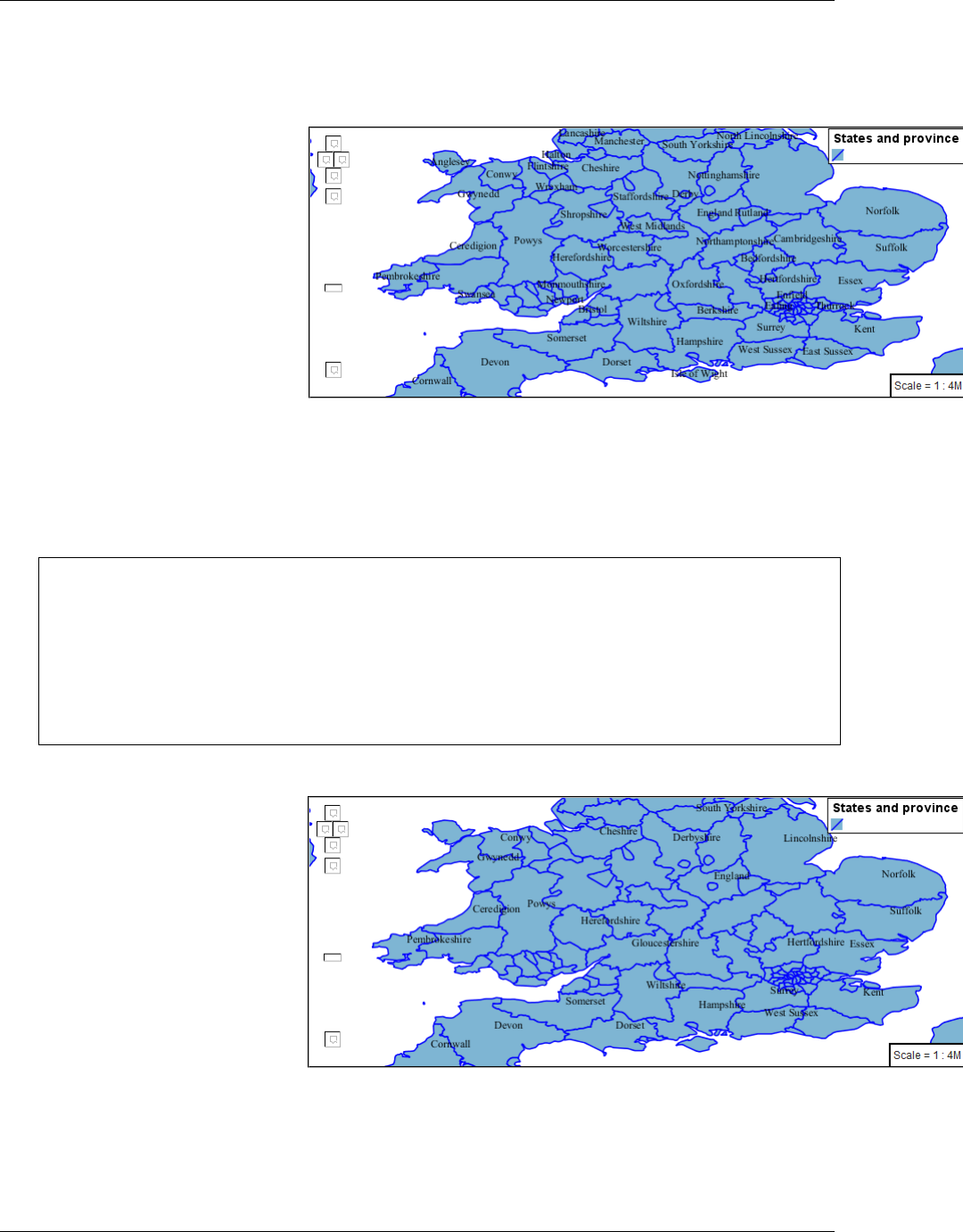
GeoServer User Manual, Release 2.15.1
6. The labeling position remains at the polygon centroid. We adjust
alignment by controlling which part of the label we are “snapping”
into position.
7. The property displacement can be used to provide an initial dis-
placement using and x and y offset.
8. This offset is used to adjust the label position relative to the geome-
try centroid resulting in the starting label position.
symbolizers:
- polygon:
stroke-color: 'blue'
stroke-width: 1
fill-color: '#7EB5D3'
- text:
label: ${name}
fill-color: 'black'
displacement: [0,7]
9. Confirm this result in the map preview.
10. These two settings can be used together.
The rendering engine starts by determining the label position gener-
ated from the geometry centroid and the label-offset displacement.
6.7. Styling Workshop 931
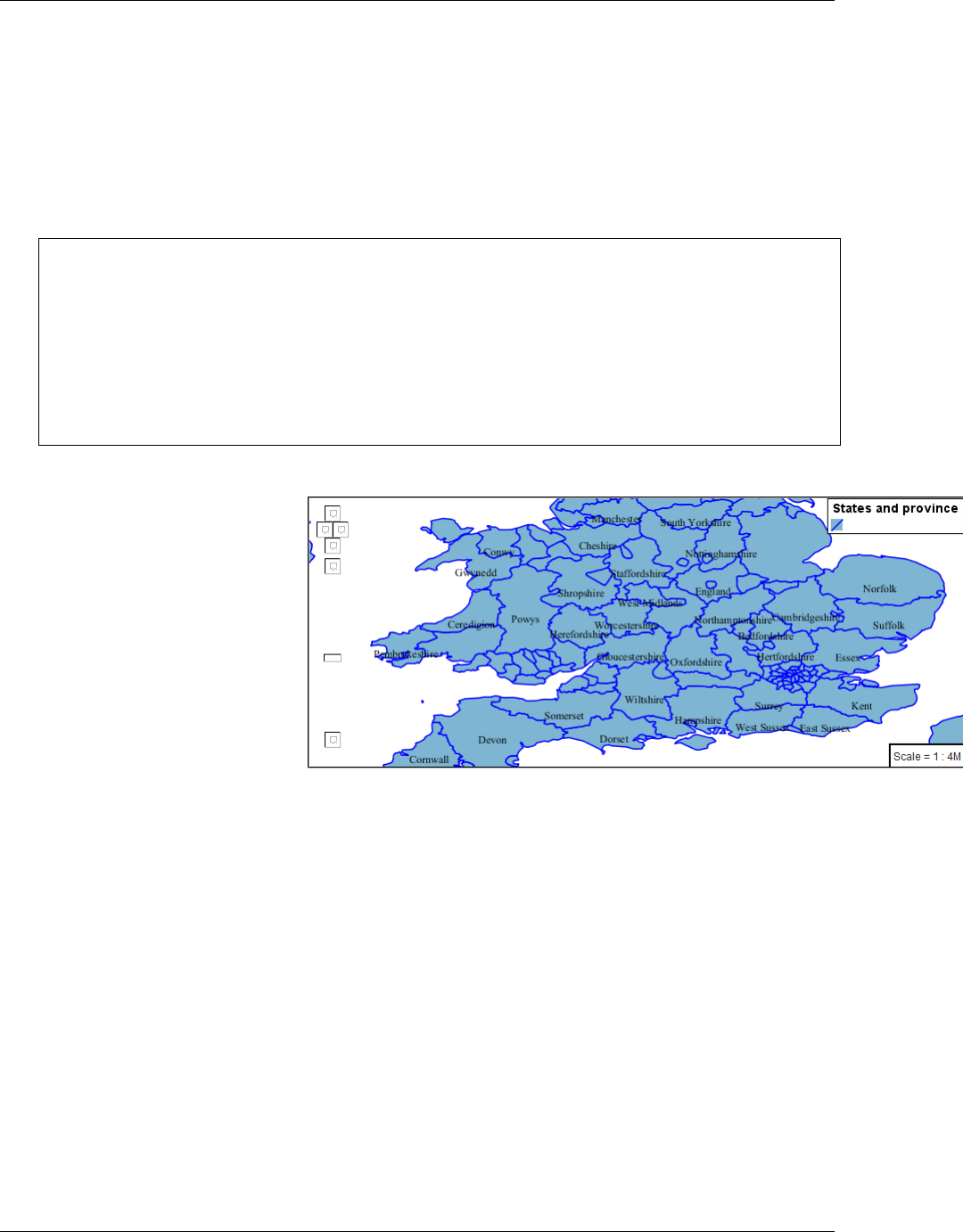
GeoServer User Manual, Release 2.15.1
The bounding box of the label is used with the label-anchor setting
align the label to this location.
Step 1: starting label position = centroid + displacement
Step 2: snap the label anchor to the starting label position
11. To move our labels down (allowing readers to focus on each shape)
we can use displacement combined with followed by horizontal
alignment.
symbolizers:
- polygon:
stroke-color: 'blue'
stroke-width: 1
fill-color: '#7EB5D3'
- text:
label: ${name}
fill-color: 'black'
anchor: [0.5,1]
displacement: [0,-7]
12. As shown in the map preview.
Legibility
When working with labels a map can become busy very quickly,
and difficult to read.
1. GeoServer provides extensive vendor parameters directly control-
ling the labelling process.
Many of these parameters focus on controlling conflict resolution
(when labels would otherwise overlap).
2. Two common properties for controlling labeling are:
x-maxDisplacement indicates the maximum distance GeoServer
should displace a label during conflict resolution.
x-autoWrap allows any labels extending past the provided width
will be wrapped into multiple lines.
3. Using these together we can make a small improvement in our ex-
ample:
932 Chapter 6. Styling
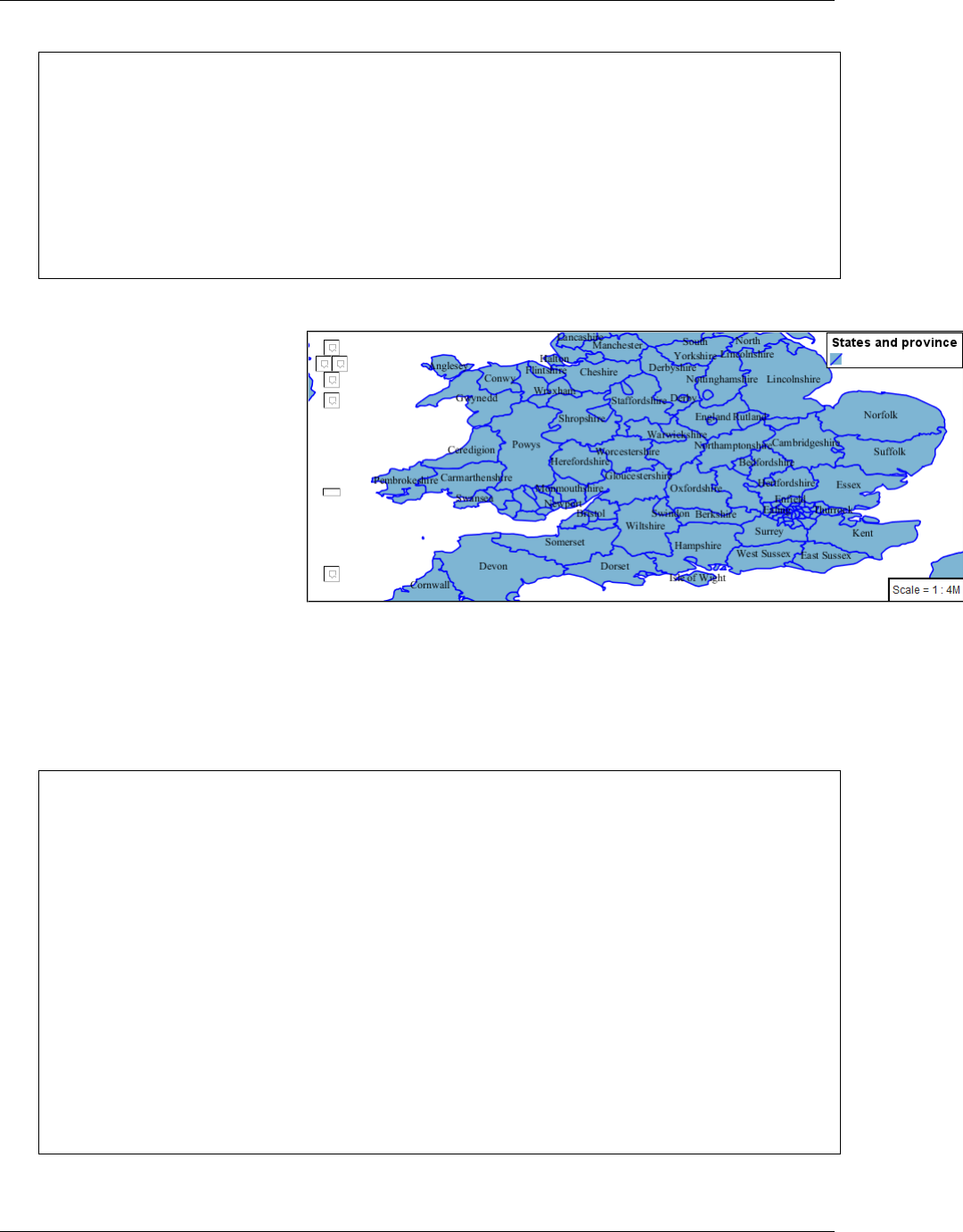
GeoServer User Manual, Release 2.15.1
symbolizers:
- polygon:
stroke-color: 'blue'
stroke-width: 1
fill-color: '#7EB5D3'
- text:
label: ${name}
fill-color: 'black'
anchor: [0.5,0.5]
x-maxDisplacement: 40
x-autoWrap: 70
4. As shown in the following preview.
5. Even with this improved spacing between labels, it is difficult to
read the result against the complicated line work.
Use of a halo to outline labels allows the text to stand out from an
otherwise busy background. In this case we will make use of the fill
color, to provide some space around our labels. We will also change
the font to Arial.
symbolizers:
- polygon:
stroke-color: 'blue'
stroke-width: 1
fill-color: '#7EB5D3'
- text:
label: ${name}
fill-color: 'black'
anchor: [0.5,0.5]
font-family: Arial
font-size: 14
font-style: normal
font-weight: normal
halo:
fill-color: '#7EB5D3'
fill-opacity: 0.8
radius: 2
x-maxDisplacement: 40
x-autoWrap: 70
6. By making use of fill-opacity on the halo we we still allow stroke
6.7. Styling Workshop 933
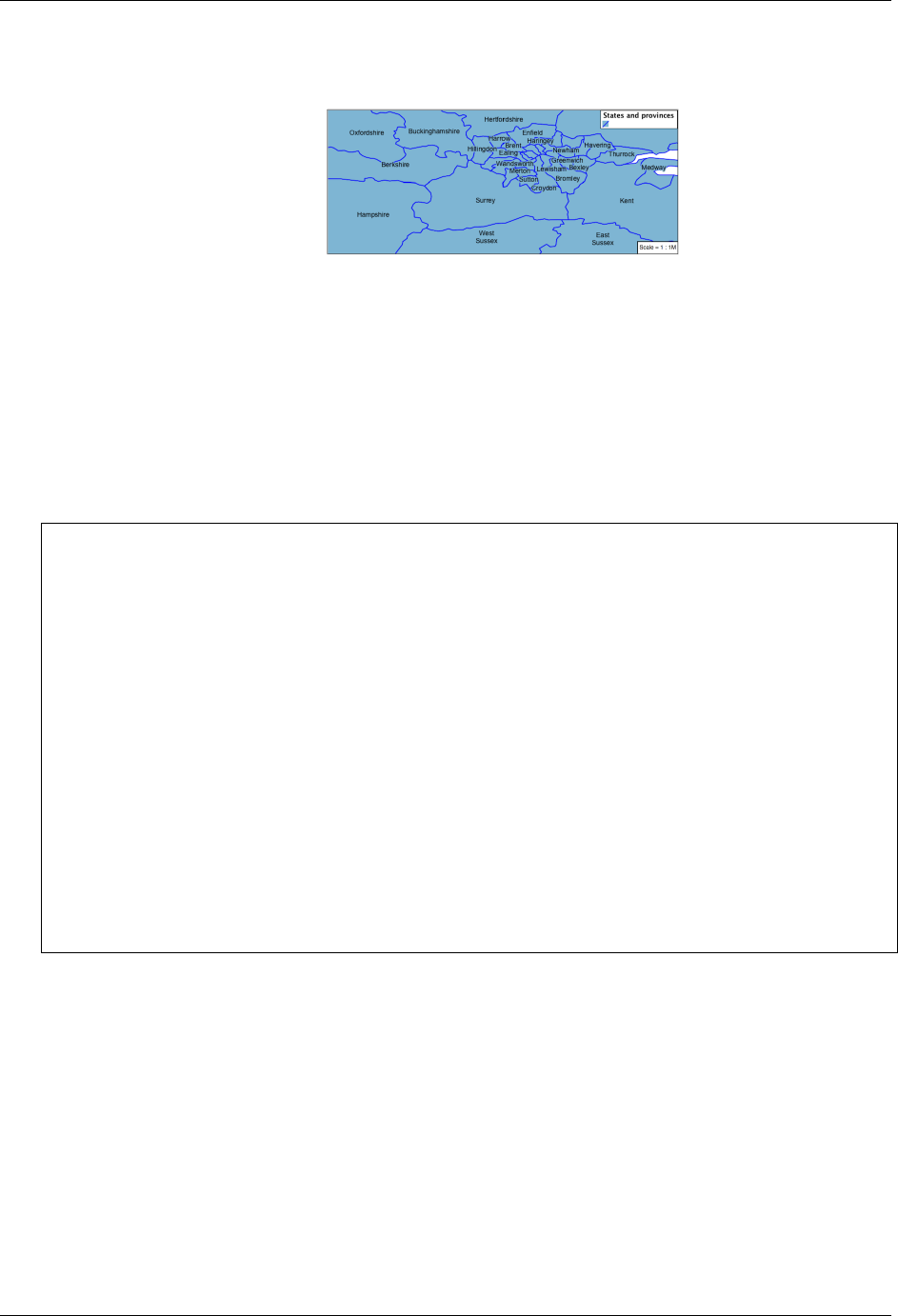
GeoServer User Manual, Release 2.15.1
information to show through, but prevent the stroke information
from making the text hard to read.
7. And advanced technique for manually taking control of conflict res-
olution is the use of the priority.
This property takes an expression which is used in the event of a
conflict. The label with the highest priority “wins.”
8. The Natural Earth dataset we are using includes a labelrank in-
tended to control what labels are displayed based on zoom level.
The values for labelrank go from 0 (for zoomed out) to 20 (for
zoomed in). To use this value for priority we need to swap the val-
ues around so a scalerank of 1 is given the highest priority.
symbolizers:
- polygon:
stroke-color: 'blue'
stroke-width: 1
fill-color: '#7EB5D3'
- text:
label: ${name}
fill-color: 'black'
anchor: [0.5,0.5]
font-family: Arial
font-size: 14
font-style: normal
font-weight: normal
halo:
fill-color: '#7EB5D3'
fill-opacity: 0.8
radius: 2
x-maxDisplacement: 40
x-autoWrap: 70
priority: ${'20' - labelrank}
9. In the following map East Flanders will take priority over
Zeeland when the two labels overlap.
934 Chapter 6. Styling

GeoServer User Manual, Release 2.15.1
Theme
A thematic map (rather than focusing on representing the shape of
the world) uses elements of style to illustrate differences in the data
under study. This section is a little more advanced and we will take
the time to look at the generated SLD file.
1. We can use a site like ColorBrewer to explore the use of color them-
ing for polygon symbology. In this approach the the fill color of the
polygon is determined by the value of the attribute under study.
This presentation of a dataset is known as “theming” by an attribute.
2. For our ne:states_provinces_shp dataset, a mapcolor9 at-
tribute has been provided for this purpose. Theming by mapcolor9
results in a map where neighbouring countries are visually distinct.
Qualitative 9-class Set3
#8dd3c7 #fb8072 #b3de69
#ffffb3 #80b1d3 #fccde5
#bebada #fdb462 #d9d9d9
If you are unfamiliar with theming you may wish to visit http://
colorbrewer2.org to learn more. The iicons provide an adequate
background on theming approaches for qualitative, sequential and
diverging datasets.
3. The first approach we will take is to directly select content based on
colormap, providing a color based on the 9-class Set3 palette above:
define: &stroke
stroke-color: 'gray'
stroke-width: 0.5
rules:
- filter: ${mapcolor9 = '1'}
scale: [min,max]
symbolizers:
- polygon:
<<: *stroke
6.7. Styling Workshop 935
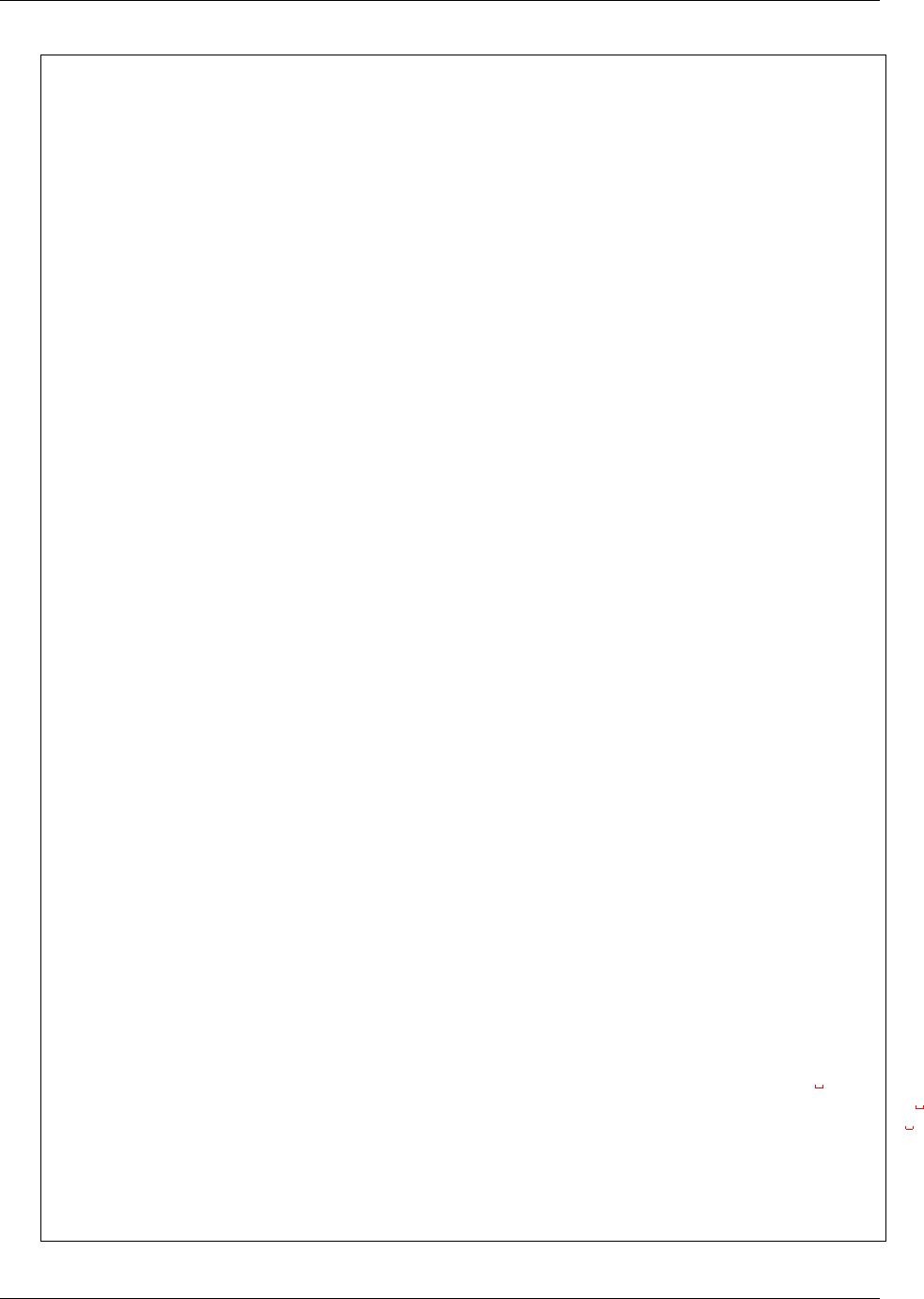
GeoServer User Manual, Release 2.15.1
fill-color: '#8DD3C7'
- filter: ${mapcolor9 = '2'}
scale: [min,max]
symbolizers:
- polygon:
<<: *stroke
fill-color: '#FFFFB3'
- filter: ${mapcolor9 = '3'}
scale: [min,max]
symbolizers:
- polygon:
<<: *stroke
fill-color: '#BEBADA'
- filter: ${mapcolor9 = '4'}
scale: [min,max]
symbolizers:
- polygon:
<<: *stroke
fill-color: '#FB8072'
- filter: ${mapcolor9 = '5'}
scale: [min,max]
symbolizers:
- polygon:
<<: *stroke
fill-color: '#80B1D3'
- filter: ${mapcolor9 = '6'}
scale: [min,max]
symbolizers:
- polygon:
<<: *stroke
fill-color: '#FDB462'
- filter: ${mapcolor9 = '7'}
scale: [min,max]
symbolizers:
- polygon:
<<: *stroke
fill-color: '#B3DE69'
- filter: ${mapcolor9 = '8'}
scale: [min,max]
symbolizers:
- polygon:
<<: *stroke
fill-color: '#FCCDE5'
- filter: ${mapcolor9 = '9'}
scale: [min,max]
symbolizers:
- polygon:
<<: *stroke
fill-color: '#D9D9D9'
- filter: ${mapcolor9 <> '1' AND mapcolor9
,→<> '2' AND mapcolor9 <> '3' AND mapcolor9 <> '4' AND
,→mapcolor9 <> '5' AND mapcolor9 <> '6' AND mapcolor9
,→<> '7' AND mapcolor9 <> '8' AND mapcolor9 <> '9'}
scale: [min,max]
symbolizers:
- line:
<<: *stroke
936 Chapter 6. Styling
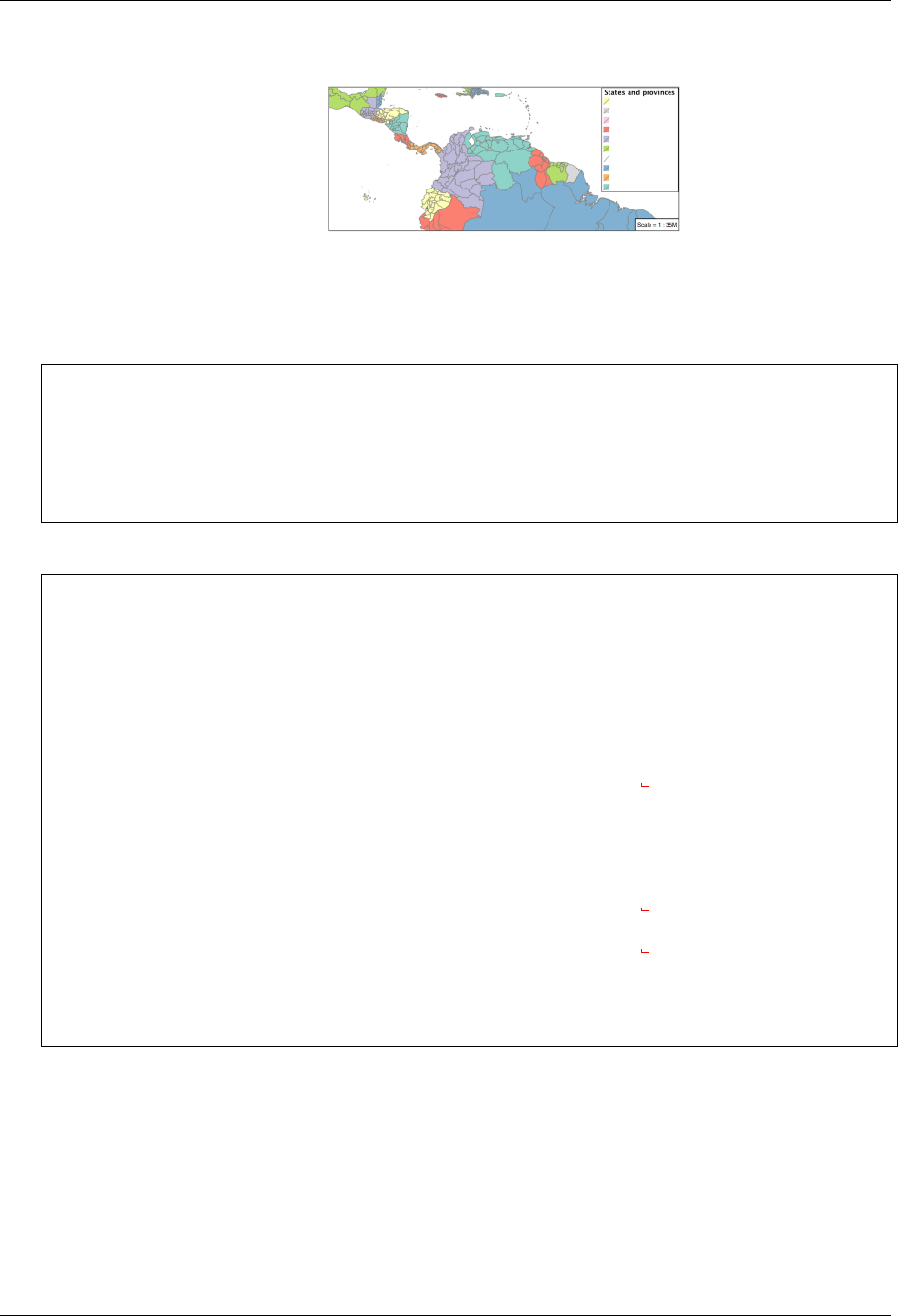
GeoServer User Manual, Release 2.15.1
4. The Layer Preview tab can be used to preview this result.
5. This YSLD makes use of a define to avoid repeating the stroke-color
and stroke-width information multiple times.
As an example the ${mapcolor9 = '2'} rule, combined with the
define: results in the following collection of properties:
- filter: ${mapcolor9 = '2'}
scale: [min,max]
symbolizers:
- polygon:
stroke-color: 'gray'
stroke-width: 0.5
fill-color: '#FFFFB3'
6. Reviewing the generated SLD shows us this representation:
<sld:Rule>
<ogc:Filter>
<ogc:PropertyIsEqualTo>
<ogc:PropertyName>mapcolor9</ogc:PropertyName>
<ogc:Literal>2</ogc:Literal>
</ogc:PropertyIsEqualTo>
</ogc:Filter>
<sld:PolygonSymbolizer>
<sld:Fill>
<sld:CssParameter
,→name="fill">#ffffb3</sld:CssParameter>
</sld:Fill>
</sld:PolygonSymbolizer>
<sld:LineSymbolizer>
<sld:Stroke>
<sld:CssParameter
,→name="stroke">#808080</sld:CssParameter>
<sld:CssParameter
,→name="stroke-width">0.5</sld:CssParameter>
</sld:Stroke>
</sld:LineSymbolizer>
</sld:Rule>
7. There are three important functions, defined by the Symbology En-
coding specification, that are often easier to use for theming than
using rules.
•Recode: Used the theme qualitative data. Attribute values are di-
rectly mapped to styling property such as fill or stroke-width.
•Categorize: Used the theme quantitative data. Categories are de-
fined using min and max ranges, and values are sorted into the ap-
propriate category.
6.7. Styling Workshop 937
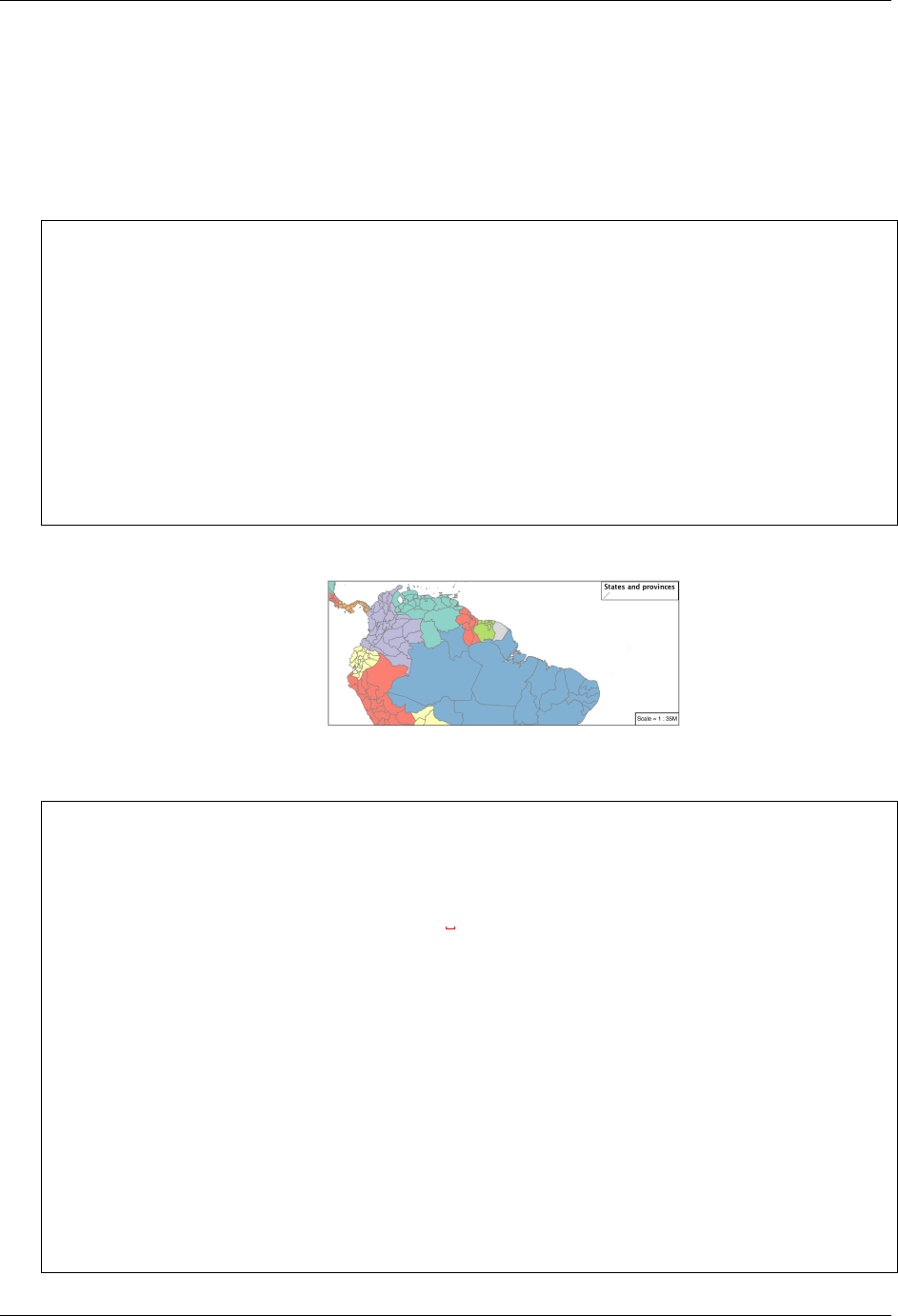
GeoServer User Manual, Release 2.15.1
•Interpolate: Used to smoothly theme quantitative data by calculat-
ing a styling property based on an attribute value.
Theming is an activity, producing a visual result allow map readers
to learn more about how an attribute is distributed spatially. We are
free to produce this visual in the most efficient way possible.
8. Swap out mapcolor9 theme to use the Recode function:
symbolizers:
- polygon:
stroke-color: 'gray'
stroke-width: 0.5
fill-color: ${Recode(mapcolor9,
'1','#8dd3c7',
'2','#ffffb3',
'3','#bebada',
'4','#fb8072',
'5','#80b1d3',
'6','#fdb462',
'7','#b3de69',
'8','#fccde5',
'9','#d9d9d9')}
9. The Layer Preview tab provides the same preview.
10. The Generated SLD tab shows where things get interesting. Our gen-
erated style now consists of a single Rule:
<sld:Rule>
<sld:PolygonSymbolizer>
<sld:Fill>
<sld:CssParameter name="fill">
<ogc:Function name="Recode">
,→<ogc:PropertyName>mapcolor9</ogc:PropertyName>
<ogc:Literal>1</ogc:Literal>
<ogc:Literal>#8dd3c7</ogc:Literal>
<ogc:Literal>2</ogc:Literal>
<ogc:Literal>#ffffb3</ogc:Literal>
<ogc:Literal>3</ogc:Literal>
<ogc:Literal>#bebada</ogc:Literal>
<ogc:Literal>4</ogc:Literal>
<ogc:Literal>#fb8072</ogc:Literal>
<ogc:Literal>5</ogc:Literal>
<ogc:Literal>#80b1d3</ogc:Literal>
<ogc:Literal>6</ogc:Literal>
<ogc:Literal>#fdb462</ogc:Literal>
<ogc:Literal>7</ogc:Literal>
<ogc:Literal>#b3de69</ogc:Literal>
<ogc:Literal>8</ogc:Literal>
938 Chapter 6. Styling
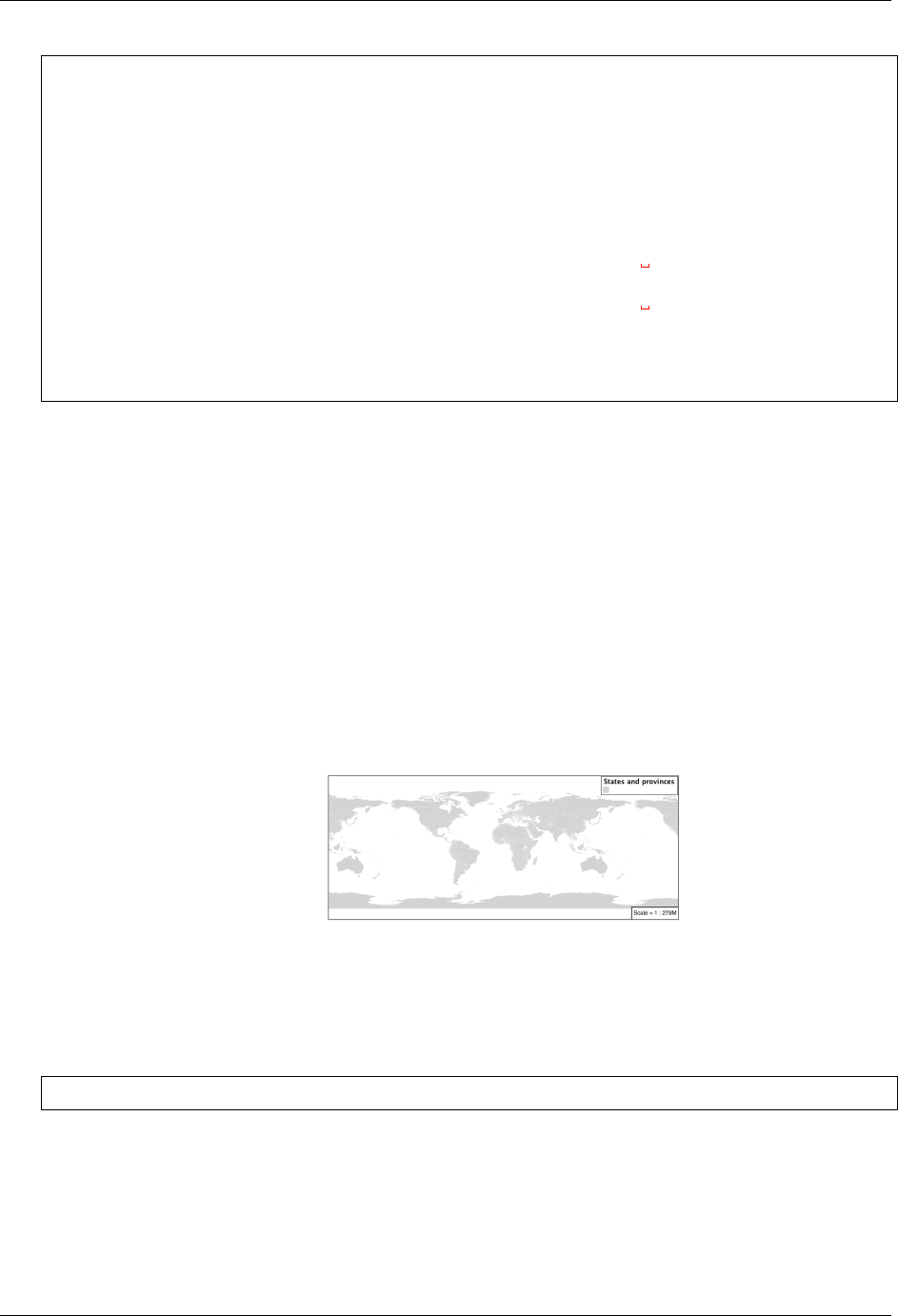
GeoServer User Manual, Release 2.15.1
<ogc:Literal>#fccde5</ogc:Literal>
<ogc:Literal>9</ogc:Literal>
<ogc:Literal>#d9d9d9</ogc:Literal>
</ogc:Function>
</sld:CssParameter>
</sld:Fill>
</sld:PolygonSymbolizer>
<sld:LineSymbolizer>
<sld:Stroke>
<sld:CssParameter
,→name="stroke">#808080</sld:CssParameter>
<sld:CssParameter
,→name="stroke-width">0.5</sld:CssParameter>
</sld:Stroke>
</sld:LineSymbolizer>
</sld:Rule>
Bonus
The following optional explore and challenge activities offer a
chance to review and apply the ideas introduced here. The chal-
lenge activities equire a bit of creativity and research to complete.
In a classroom setting you are encouraged to team up into groups,
with each group taking on a different challenge.
Explore Antialiasing
1. When we rendered our initial preview, without a stroke, thin white
gaps (or slivers) are visible between our polygons.
This effect is made more pronounced by the rendering engine mak-
ing use of the Java 2D sub-pixel accuracy. This technique is primar-
ily used to prevent an aliased (stair-stepped) appearance on diago-
nal lines.
2. Clients can turn this feature off using a GetMap format option:
format_options=antialiasing=off;
The LayerPreview provides access to this setting from the Open
Layers Options Toolbar:
6.7. Styling Workshop 939
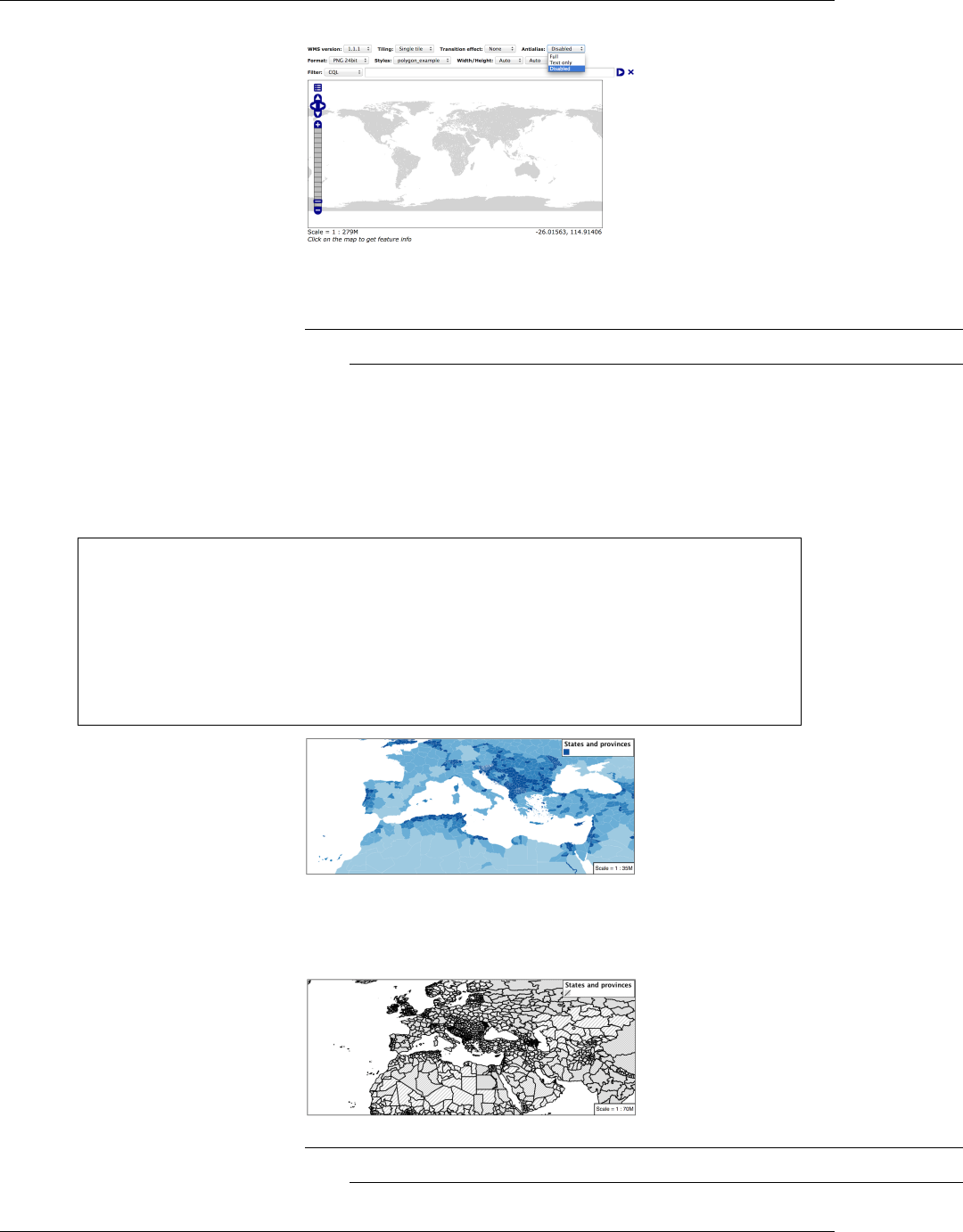
GeoServer User Manual, Release 2.15.1
3. Explore: Experiment with fill and stroke settings to eliminate sliv-
ers between polygons.
Note: Answer provided at the end of the workbook.
Explore Categorize
1. The Categorize function can be used to generate property values
based on quantitative information. Here is an example using Cate-
gorize to color states according to size.
symbolizers:
- polygon:
fill-color: ${Categorize(Shape_Area,
'#08519c','0.5',
'#3182bd','1',
'#6baed6','5',
'#9ecae1','60',
'#c6dbef','80',
'#eff3ff')}
2. An exciting use of the GeoServer shape symbols is the theming by
changing the size used for pattern density.
3. Explore: Use the Categorize function to theme by datarank.
Note: Answer provided at the end of the workbook.
940 Chapter 6. Styling
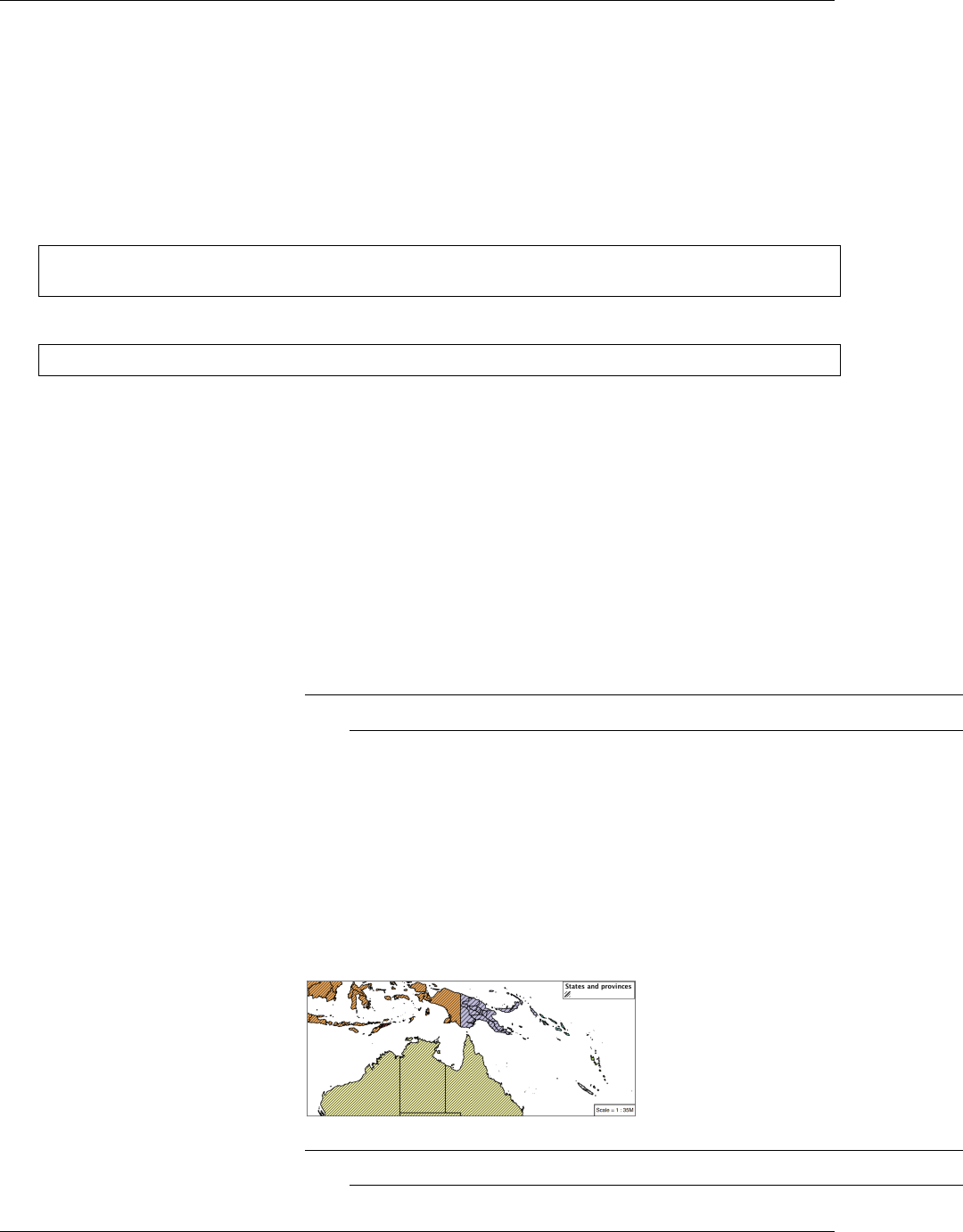
GeoServer User Manual, Release 2.15.1
Challenge Goodness of Fit
1. A subject we touched on during labeling was the conflict resolution
GeoServer performs to ensure labels do not overlap.
2. In addition to the vendor parameter for max displacement you can
experiment with different values for “goodness of fit”. These set-
tings control how far GeoServer is willing to move a label to avoid
conflict, and under what terms it simply gives up:
x-goodnessOfFit: 0.3
x-maxDisplacement: 130
3. You can also experiment with turning off this facility completely:
x-conflictResolution: false
4. Challenge: Construct your own example using maxDisplacement
and goodnessOfFit.
Challenge Halo
1. The halo example used the fill color and opacity for a muted halo,
while this improved readability it did not bring attention to our la-
bels.
A common design choice for emphasis is to outline the text in a con-
trasting color.
2. Challenge: Produce a map that uses a white halo around black text.
Note: Answer provided at the end of the workbook.
Challenge Theming using Multiple Attributes
1. A powerful tool is theming using multiple attributes. This is an im-
portant concept allowing map readers to perform “integration by
eyeball” (detecting correlations between attribute values informa-
tion).
2. Challenge: Combine the mapcolor9 and datarank examples to re-
produce the following map.
Note: Answer provided at the end of the workbook.
6.7. Styling Workshop 941

GeoServer User Manual, Release 2.15.1
Challenge Use of Z-Index
1. Earlier we looked at using multiple feature-styles to simulate line
string casing. The line work was drawn twice, once with thick line,
and then a second time with a thinner line. The resulting effect is
similar to text halos - providing breathing space around complex
line work allowing it to stand out.
2. Challenge: Use what you know of LineString feature-styles to re-
produce the following map:
Note: Answer provided at the end of the workbook.
Points
The next stop of the ysld styling tour is the representation of points.
Review of point symbology:
• Points are used to represent a location only, and do not form a shape.
The visual width of lines do not change depending on scale.
• SLD uses a PointSymbolizer record how the shape of a line is
drawn.
• Labeling of points is anchored to the point location.
As points have no inherent shape of of their own, emphasis is placed
on marking locations with an appropriate symbol.
Reference:
•YSLD Reference
•YSLD Reference Point symbolizer (User Manual | YSLD Reference)
•Point (User Manual | SLD Reference )
This exercise makes use of the ne:populated_places layer.
1. Navigate to the Styles page.
942 Chapter 6. Styling
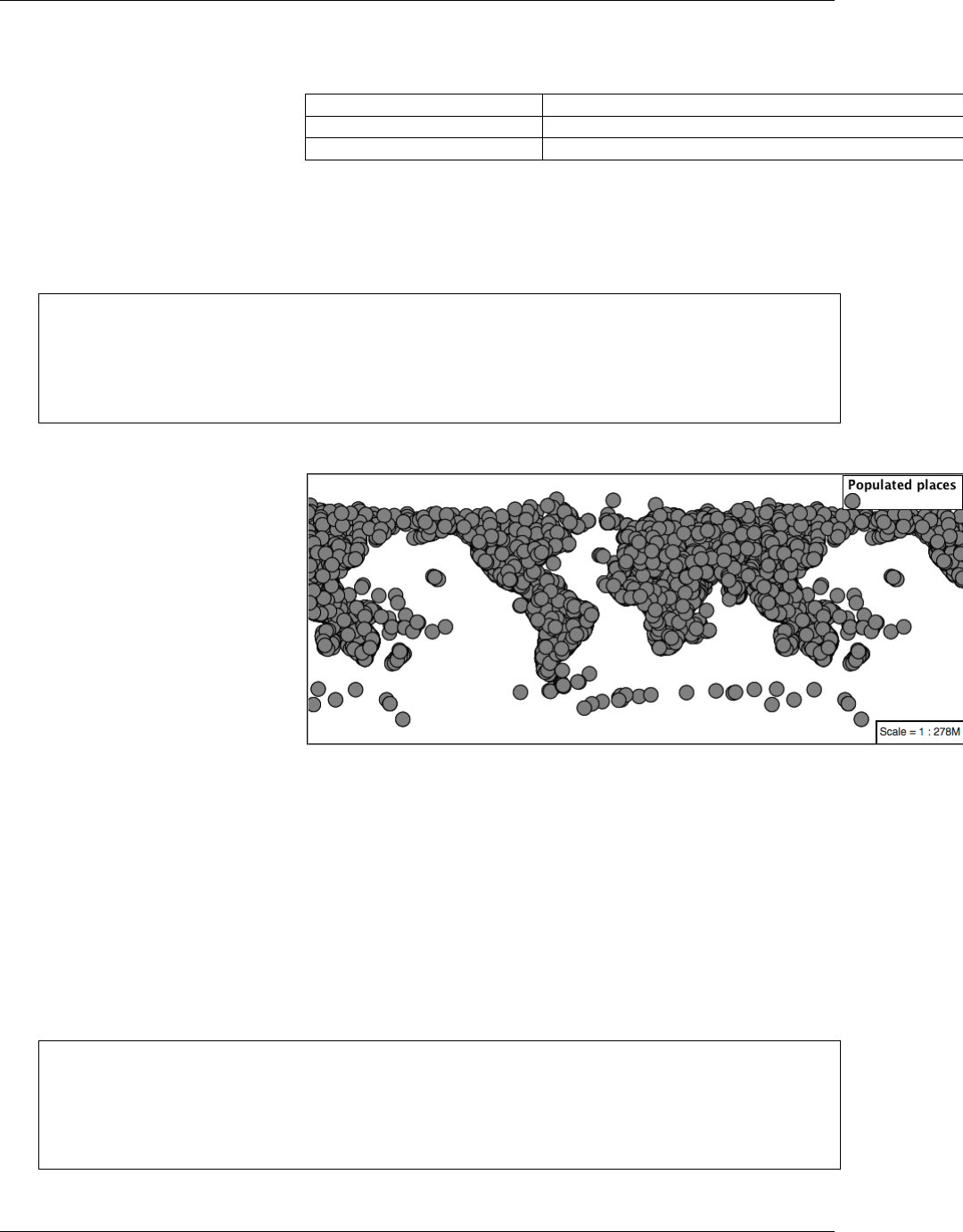
GeoServer User Manual, Release 2.15.1
2. Click Add a new style and choose the following:
Name: point_example
Workspace: No workspace
Format: YSLD
3. Choose point from the Generate a default style dropdown
and click generate.
4. Replace the initial YSLD definition with the following and click ap-
ply:
symbolizers:
- point:
symbols:
- mark:
shape: circle
stroke-width: 1
5. And use the Layer Preview tab to preview the result.
Mark
The point symbolizer controls the display of point data. Points are
represented with the mandatory property mark.
The SLD standard provides “well-known” symbols for use with
point symbology: circle,square,triangle,arrow,cross,
star, and x.
1. Change the symbol used by the style to a square:
symbolizers:
- point:
symbols:
- mark:
shape: square
stroke-width: 1
6.7. Styling Workshop 943

GeoServer User Manual, Release 2.15.1
2. Map Preview:
3. Before we continue we will use a filter to cut down the amount of
data shown to a reasonable level.
rules:
- filter: ${SCALERANK < '1'}
scale: [min,max]
symbolizers:
- point:
symbols:
- mark:
shape: square
stroke-width: 1
Note: symbolizers has been indented under rules
1. Resulting in a considerably cleaner image:
2. Additional properties are available to control a mark’s presentation:
The size property is used to control symbol size.
The rotation property controls orientation, accepting input in de-
grees.
Trying these two settings together:
944 Chapter 6. Styling
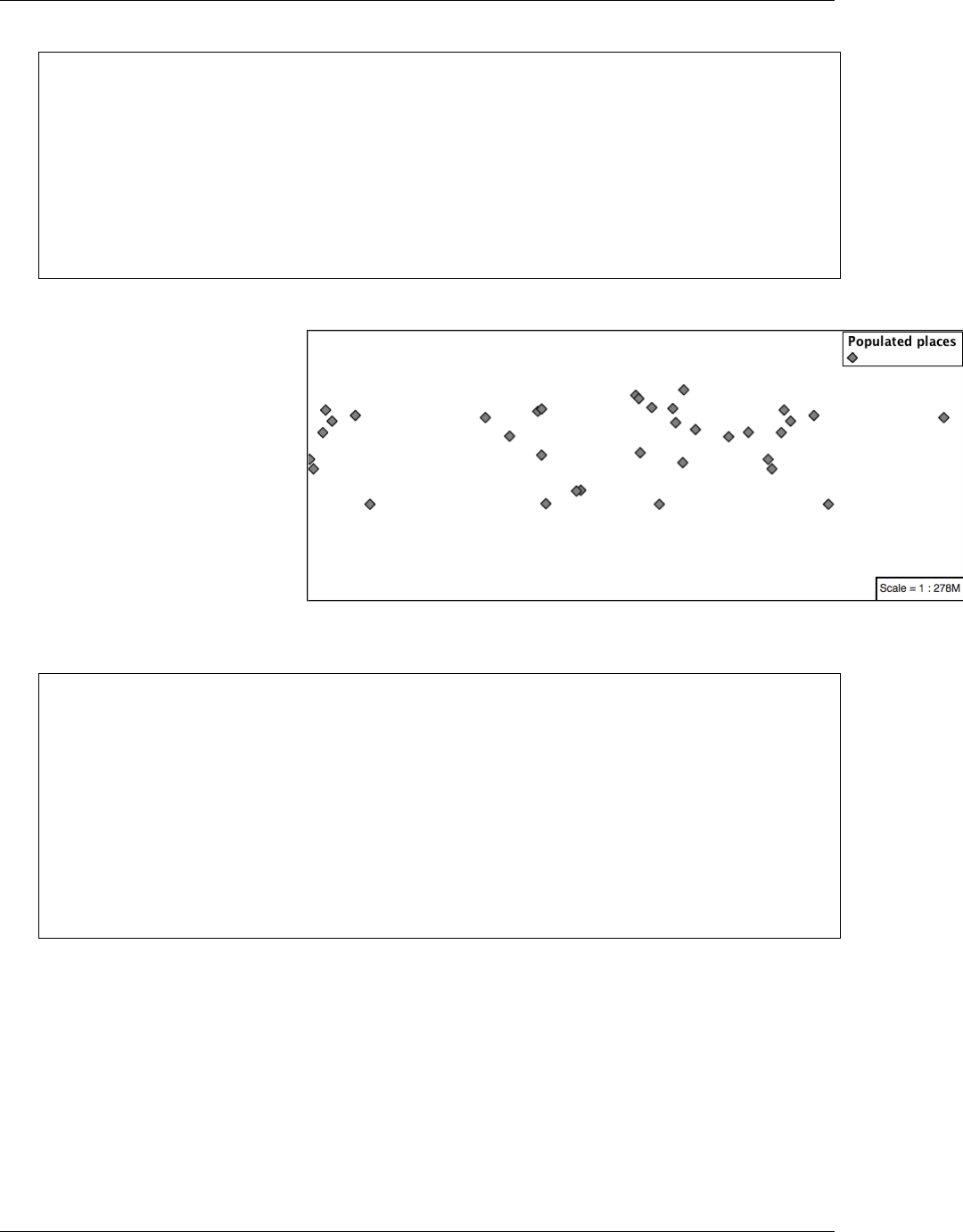
GeoServer User Manual, Release 2.15.1
rules:
- filter: ${SCALERANK < '1'}
scale: [min,max]
symbolizers:
- point:
size: 8
rotation: 45.0
symbols:
- mark:
shape: square
stroke-width: 1
3. Results in each location being marked with a diamond:
4. The mark property provides parameters to style the point symbol.
Let’s change the fill-color to gray.
rules:
- filter: ${SCALERANK < '1'}
scale: [min,max]
symbolizers:
- point:
size: 8
rotation: 45.0
symbols:
- mark:
shape: square
stroke-color: 'black'
stroke-width: 1
fill-color: 'gray'
5. Updating the mark to a gray square with a black outline.
6.7. Styling Workshop 945
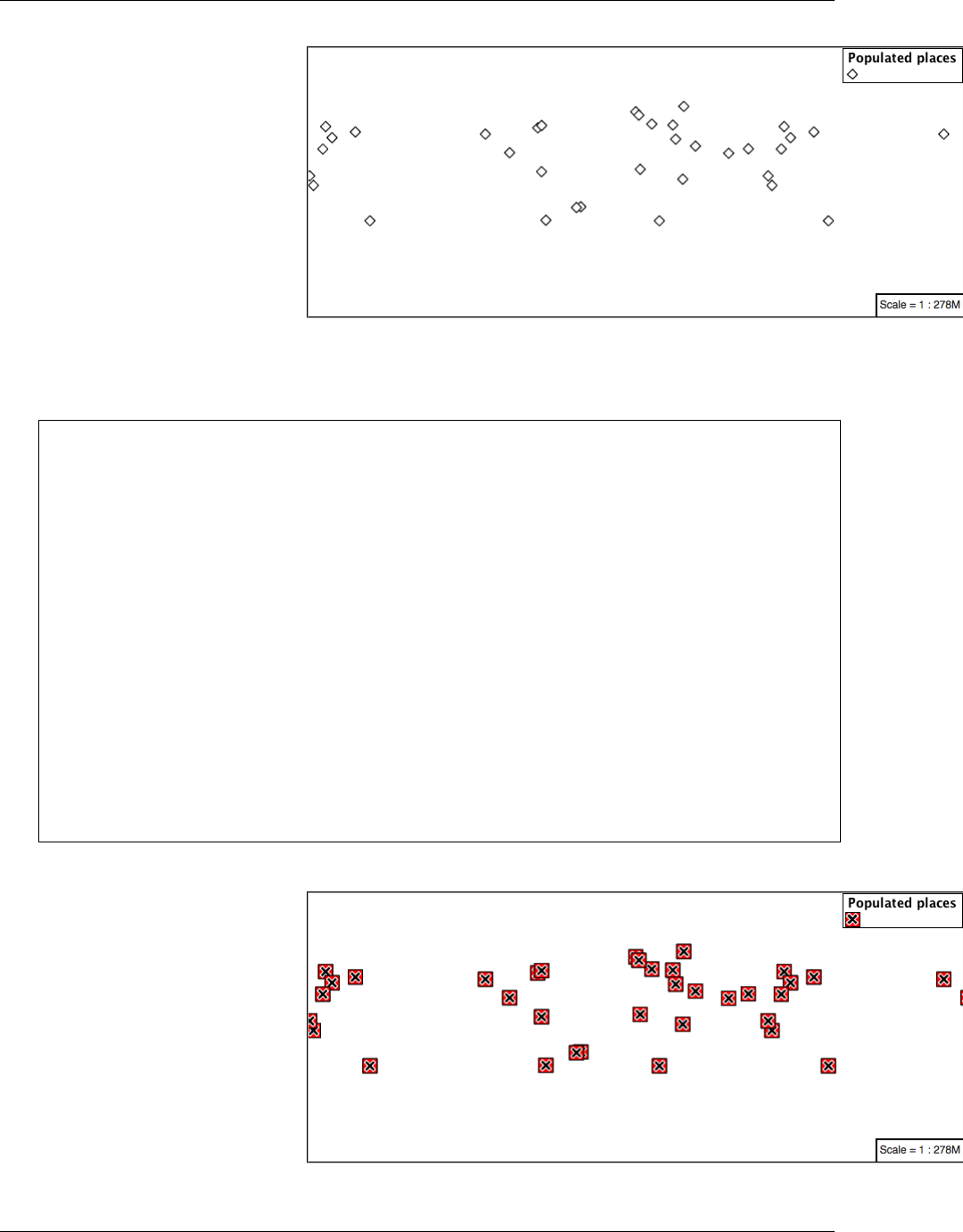
GeoServer User Manual, Release 2.15.1
6. You can add more symbolizers to apply additional point styles.
Using this approach marks can be composed of multiple symbols,
each with its own settings:
rules:
- filter: ${SCALERANK < '1'}
scale: [min,max]
symbolizers:
- point:
size: 16
symbols:
- mark:
shape: square
stroke-color: 'black'
stroke-width: 1
fill-color: 'red'
- point:
size: 14
rotation: 45.0
symbols:
- mark:
shape: cross
stroke-color: 'white'
stroke-width: 1
fill-color: 'black'
7. Producing an interesting compound symbol effect:
946 Chapter 6. Styling
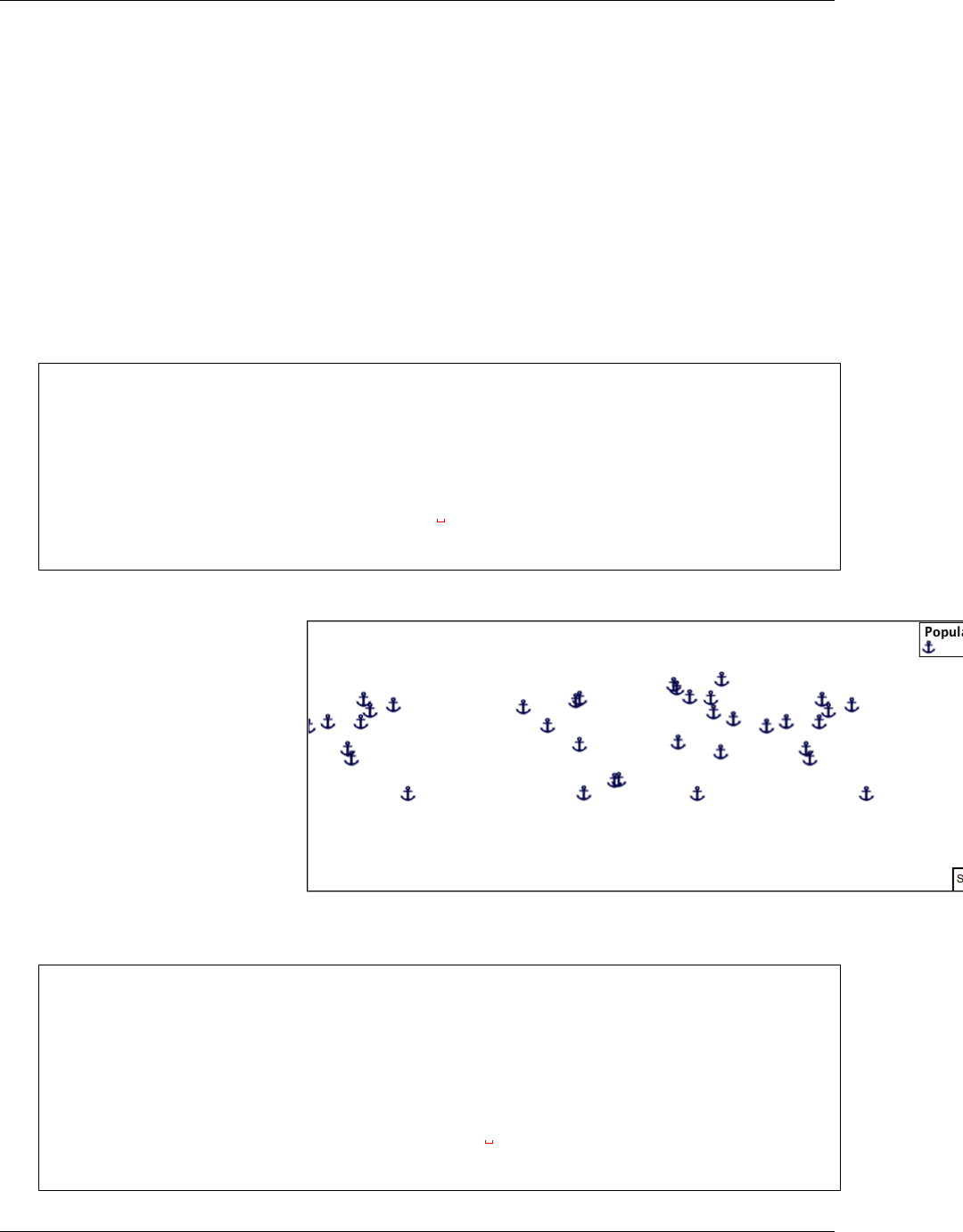
GeoServer User Manual, Release 2.15.1
Graphic
Symbols can also be supplied by an external graphic,
This technique was shown with the initial airport.svg YSLD ex-
ample.
1. To use an external graphic two pieces of information are required.
url property is defined with a url reference to image.
format property is used to tell the rendering engine what file format
to expect
This technique is used to reference files placed in the styles directory.
rules:
- filter: ${SCALERANK < '1'}
scale: [min,max]
symbolizers:
- point:
symbols:
- external:
,→url: file:/path/to/geoserver/data_dir/styles/port.svg
format: image/svg
2. Drawing the provided shape in each location:
3. The property url reference can also be used to reference external
images. We can make use of the GeoServer logo.
rules:
- filter: ${SCALERANK < '1'}
scale: [min,max]
symbolizers:
- point:
size: 16
symbols:
- external:
url:
,→http://localhost:8080/geoserver/web/wicket/resource/
,→org.geoserver.web.GeoServerBasePage/img/logo.png
6.7. Styling Workshop 947

GeoServer User Manual, Release 2.15.1
format: image/png
4. As shown in the map preview.
Label
Labeling is now familiar from our experience with LineString and
Polygons.
The text symbolizer with the label property are required to label
Point Locations.
1. Replace point_example with the following:
rules:
- filter: ${SCALERANK < '1'}
scale: [min,max]
symbolizers:
- point:
symbols:
- mark:
shape: circle
stroke-color: 'black'
stroke-width: 1
fill-color: 'gray'
- text:
label: ${NAME}
fill-color: 'gray'
placement: point
2. Confirm the result in Layer Preview preview.
948 Chapter 6. Styling
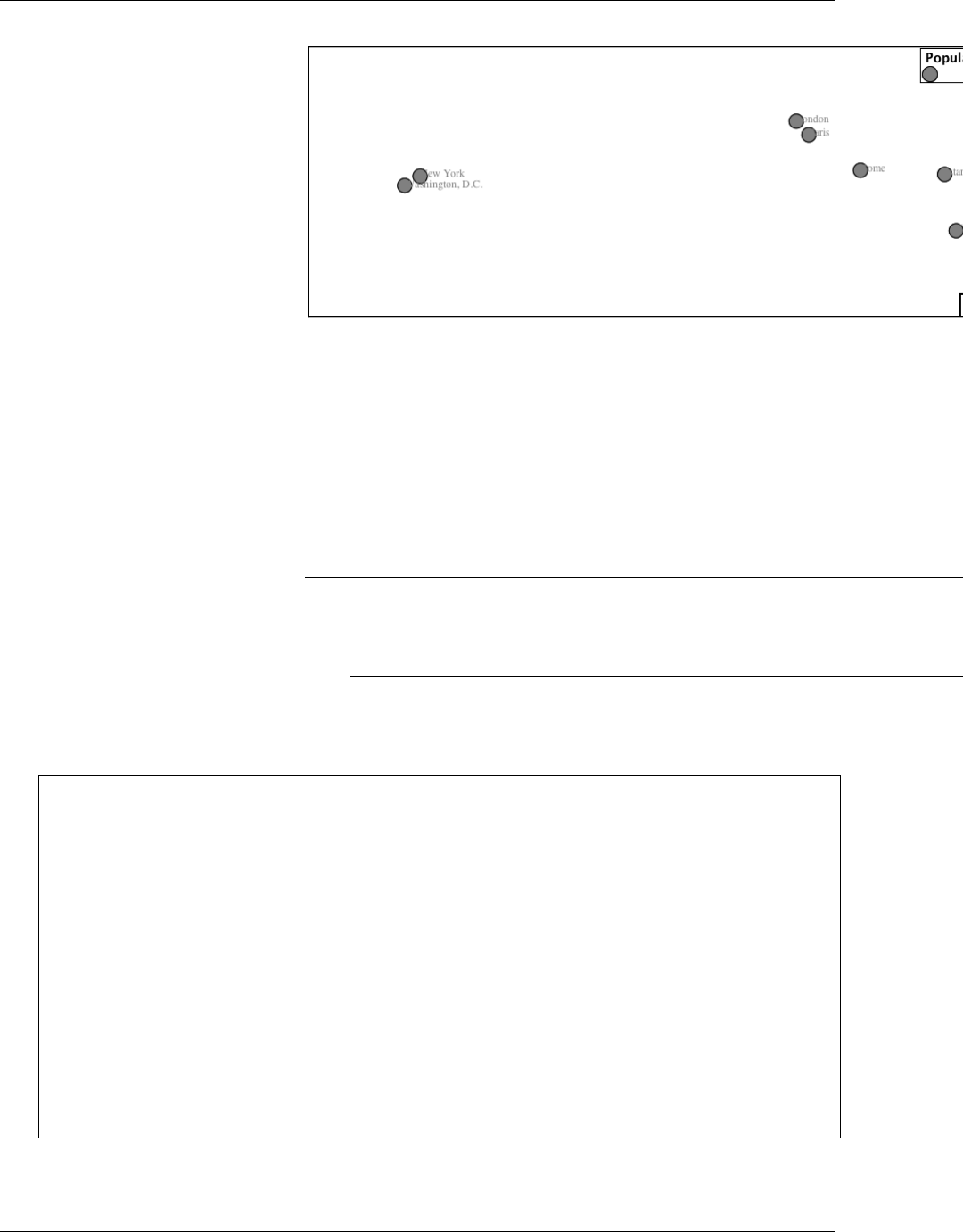
GeoServer User Manual, Release 2.15.1
3. Each label is drawn starting from the provided point - which is un-
fortunate as it assures each label will overlap with the symbol used.
To fix this limitation we will make use of the YSLD controls for label
placement:
anchor provides two values expressing how a label is aligned with
respect to the starting label position.
displacement is be used to provide an initial displacement using
and x and y offset. For points this offset is recommended to adjust
the label position away for the area used by the symbol.
Note: The property anchor defines an anchor position relative to
the bounding box formed by the resulting label. This anchor posi-
tion is snapped to the label position generated by the point location
and displacement offset.
Using these two facilities together we can center our labels below
the symbol, taking care that the displacement used provides an off-
set just outside the area required for the symbol size.
rules:
- filter: ${SCALERANK < '1'}
scale: [min,max]
symbolizers:
- point:
size: 10
symbols:
- mark:
shape: circle
stroke-color: 'black'
stroke-width: 1
fill-color: 'gray'
- text:
label: ${NAME}
fill-color: 'black'
placement: point
anchor: [0.5,1.0]
displacement: [0,-12]
4. Each label is now placed under the mark.
6.7. Styling Workshop 949
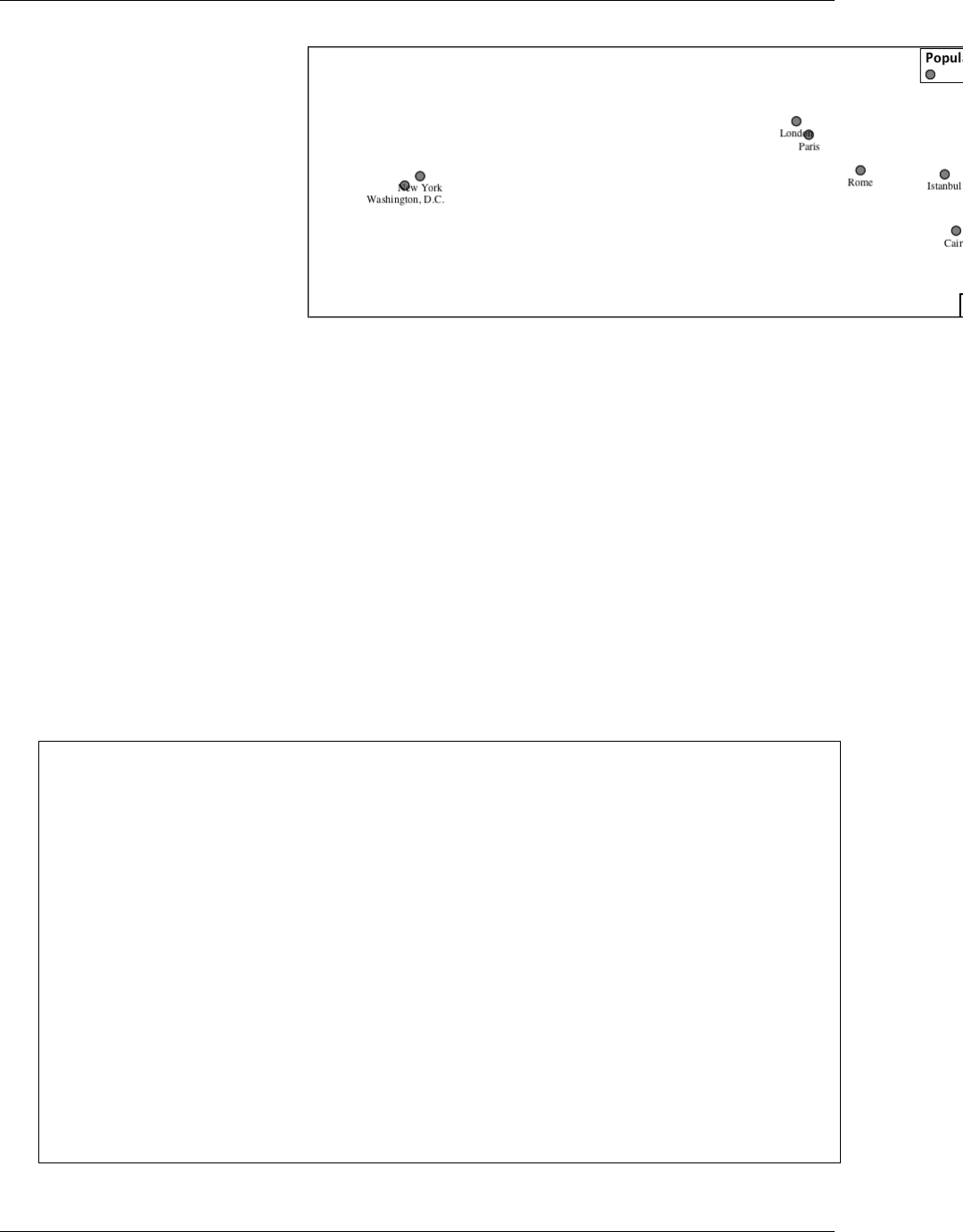
GeoServer User Manual, Release 2.15.1
5. One remaining issue is the overlap between labels and symbols.
GeoServer provides a vendor specific parameter to allow symbols to
take part in label conflict resolution, preventing labels from overlap-
ping any symbols. This severely limits the area available for labeling
and is best used in conjunction with a large maximum displacement
vendor option.
x-labelObstacle vendor parameter asks the rendering engine to
avoid drawing labels over top of the indicated symbol. This applies
to the point symbolizer.
x-maxDisplacement vendor parameter provides the rendering en-
gine a maximum distance it is allowed to move labels during con-
flict resolution. This applies to the text symbolizer.
x-spaceAround vendor parameter tells the rendering engine to pro-
vide a minimum distance between the labels on the map, ensuring
they do not overlap. This applies to the text symbolizer.
Update our example to use these settings:
rules:
- filter: ${SCALERANK < '1'}
scale: [min,max]
symbolizers:
- point:
size: 10
symbols:
- mark:
shape: circle
stroke-color: 'black'
stroke-width: 1
fill-color: 'gray'
x-labelObstacle: true
- text:
label: ${NAME}
fill-color: 'black'
placement: point
anchor: [0.5,1.0]
displacement: [0,-12]
x-maxDisplacement: 100
x-spaceAround: 2
6. Resulting in a considerably cleaner image:
950 Chapter 6. Styling
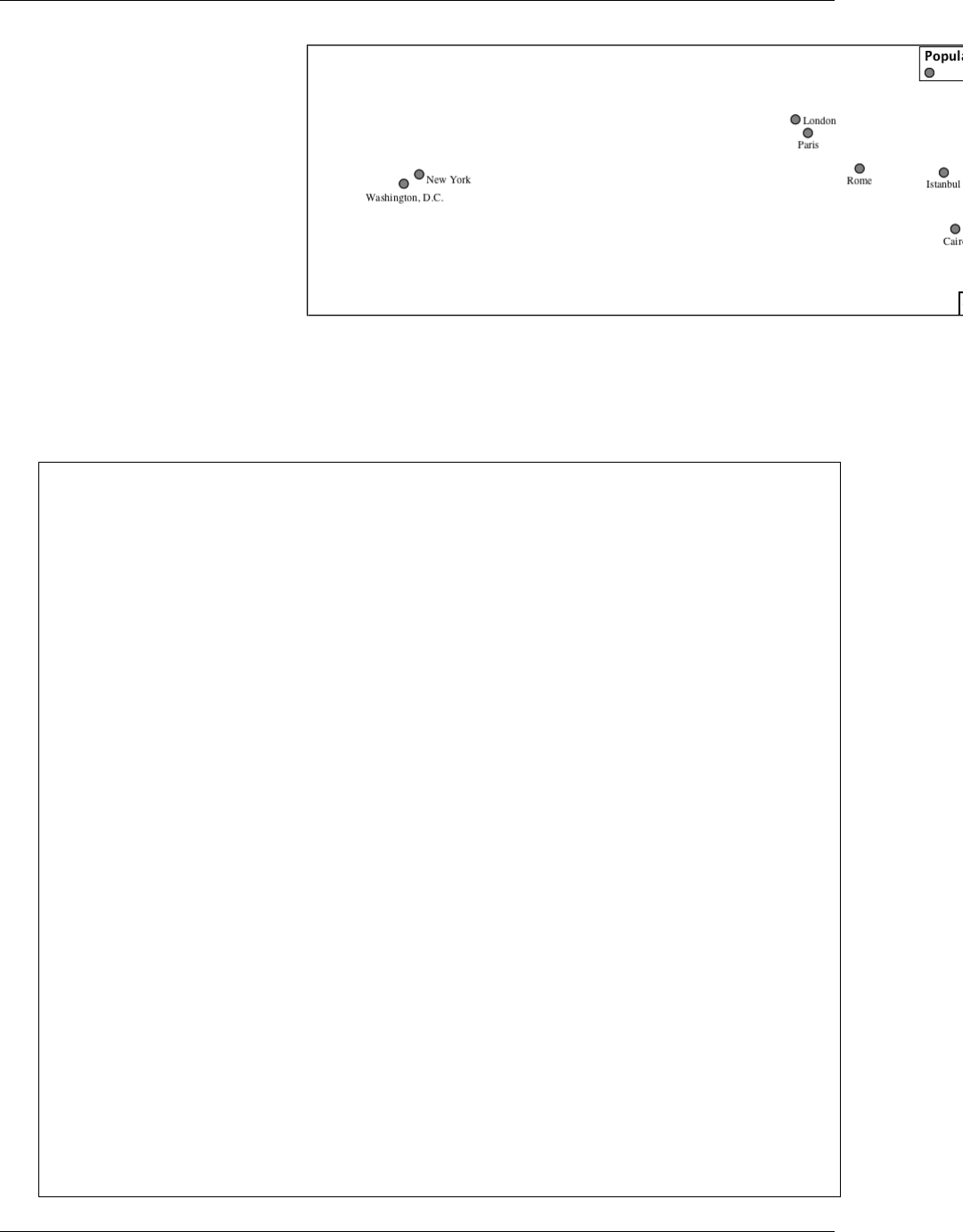
GeoServer User Manual, Release 2.15.1
Dynamic Styling
1. We will quickly use scalerank to select content based on @scale fil-
ters.
define: &point
size: 6
symbols:
- mark:
shape: circle
stroke-color: 'black'
stroke-width: 1
fill-color: 'gray'
rules:
- filter: ${SCALERANK < '7'}
scale: ['4000000.0','8000000.0']
symbolizers:
- point:
<<: *point
- filter: ${SCALERANK < '5'}
scale: ['8000000.0','1.7E7']
symbolizers:
- point:
<<: *point
- filter: ${SCALERANK < '4'}
scale: ['1.7E7','3.5E7']
symbolizers:
- point:
<<: *point
- filter: ${SCALERANK < '3'}
scale: ['3.5E7','7.0E7']
symbolizers:
- point:
<<: *point
- filter: ${SCALERANK < '2'}
scale: ['7.0E7','1.4E8']
symbolizers:
- point:
<<: *point
- filter: ${SCALERANK < '1'}
scale: ['1.4E8',max]
symbolizers:
6.7. Styling Workshop 951
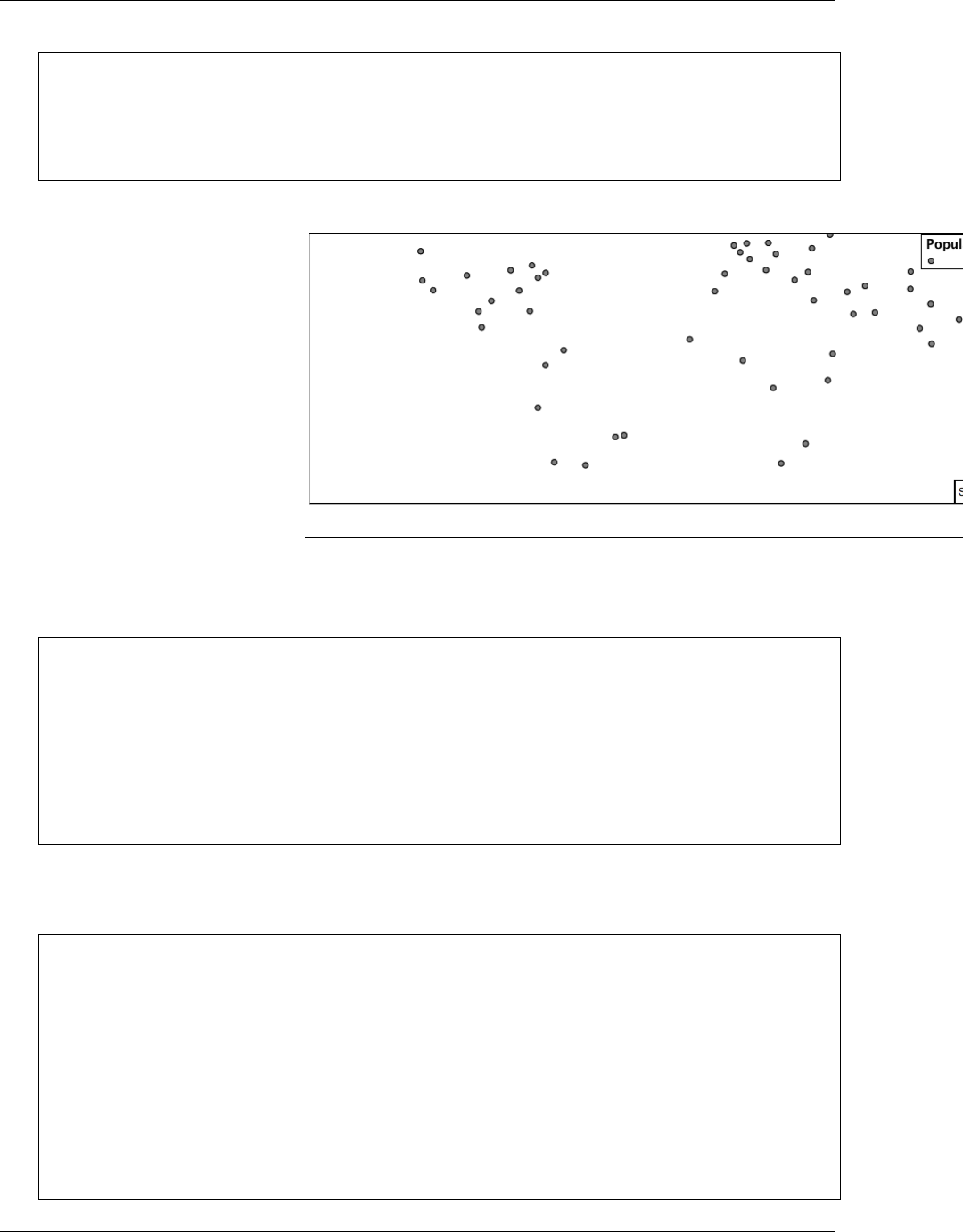
GeoServer User Manual, Release 2.15.1
- point:
<<: *point
- scale: [min,'4000000.0']
symbolizers:
- point:
<<: *point
2. Click Apply to update the Layer Preview after each step.
Note: This YSLD makes use of a define to avoid repeating the point
symbolizer content multiple times. As an example the scale:
[min, '4000000.0'] rule, combined with the define: results
in the following collection of properties:
- scale: [min,'4000000.0']
symbolizers:
- point:
size: 6
symbols:
- mark:
shape: circle
stroke-color: 'black'
stroke-width: 1
fill-color: 'gray'
3. To add labeling we must use both a point and text symbolizer in
each scale filter.
define: &point
size: 6
symbols:
- mark:
shape: circle
stroke-color: 'black'
stroke-width: 1
fill-color: 'gray'
define: &label
label: ${NAME}
fill-color: 'black'
font-family: Arial
font-size: 10
952 Chapter 6. Styling
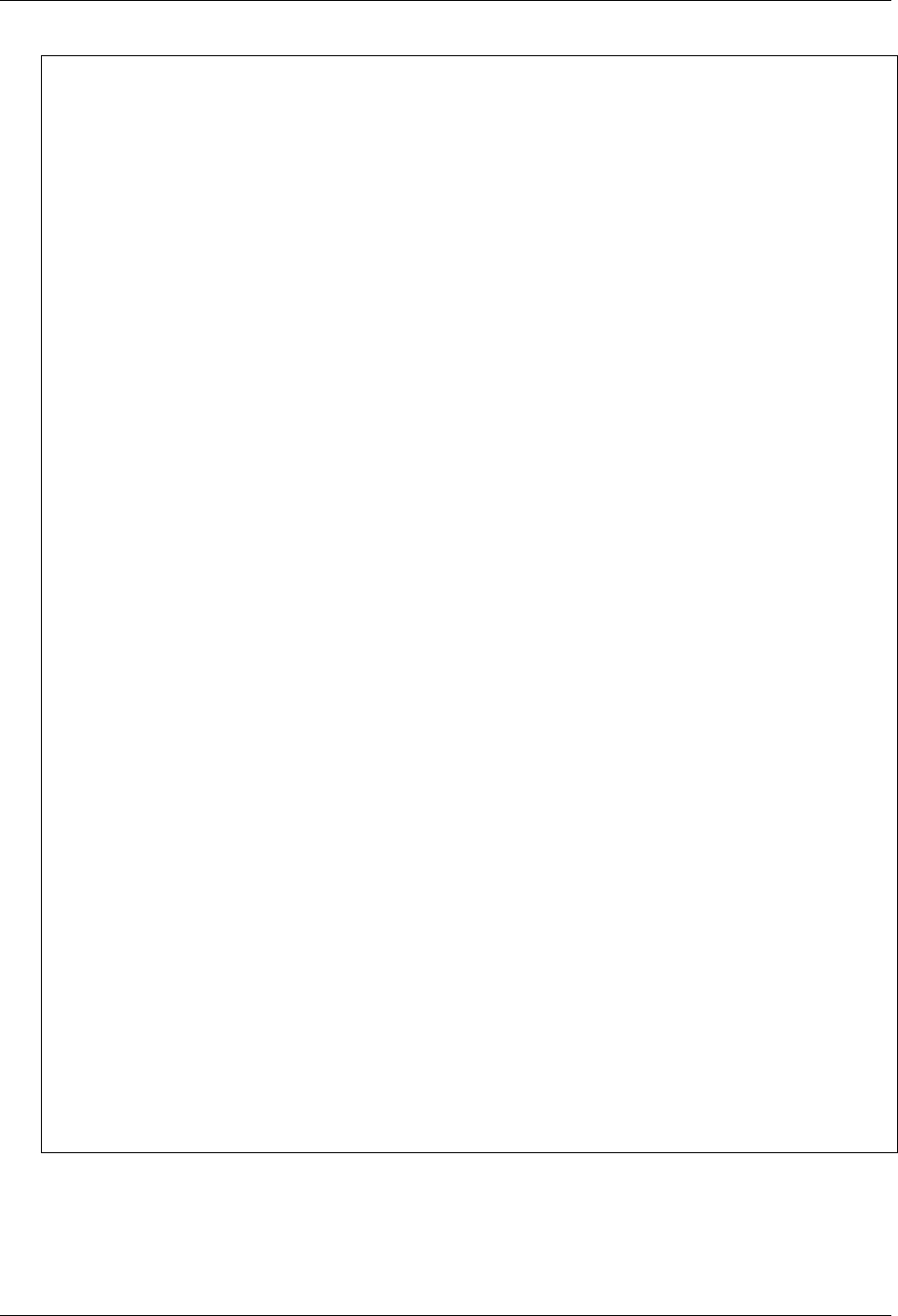
GeoServer User Manual, Release 2.15.1
font-style: normal
font-weight: normal
placement: point
rules:
- filter: ${SCALERANK < '7'}
scale: ['4000000.0','8000000.0']
symbolizers:
- point:
<<: *point
- text:
<<: *label
- filter: ${SCALERANK < '5'}
scale: ['8000000.0','1.7E7']
symbolizers:
- point:
<<: *point
- text:
<<: *label
- filter: ${SCALERANK < '4'}
scale: ['1.7E7','3.5E7']
symbolizers:
- point:
<<: *point
- text:
<<: *label
- filter: ${SCALERANK < '3'}
scale: ['3.5E7','7.0E7']
symbolizers:
- point:
<<: *point
- text:
<<: *label
- filter: ${SCALERANK < '2'}
scale: ['7.0E7','1.4E8']
symbolizers:
- point:
<<: *point
- text:
<<: *label
- filter: ${SCALERANK < '1'}
scale: ['1.4E8',max]
symbolizers:
- point:
<<: *point
- text:
<<: *label
- scale: [min,'4000000.0']
symbolizers:
- point:
<<: *point
- text:
<<: *label
6.7. Styling Workshop 953
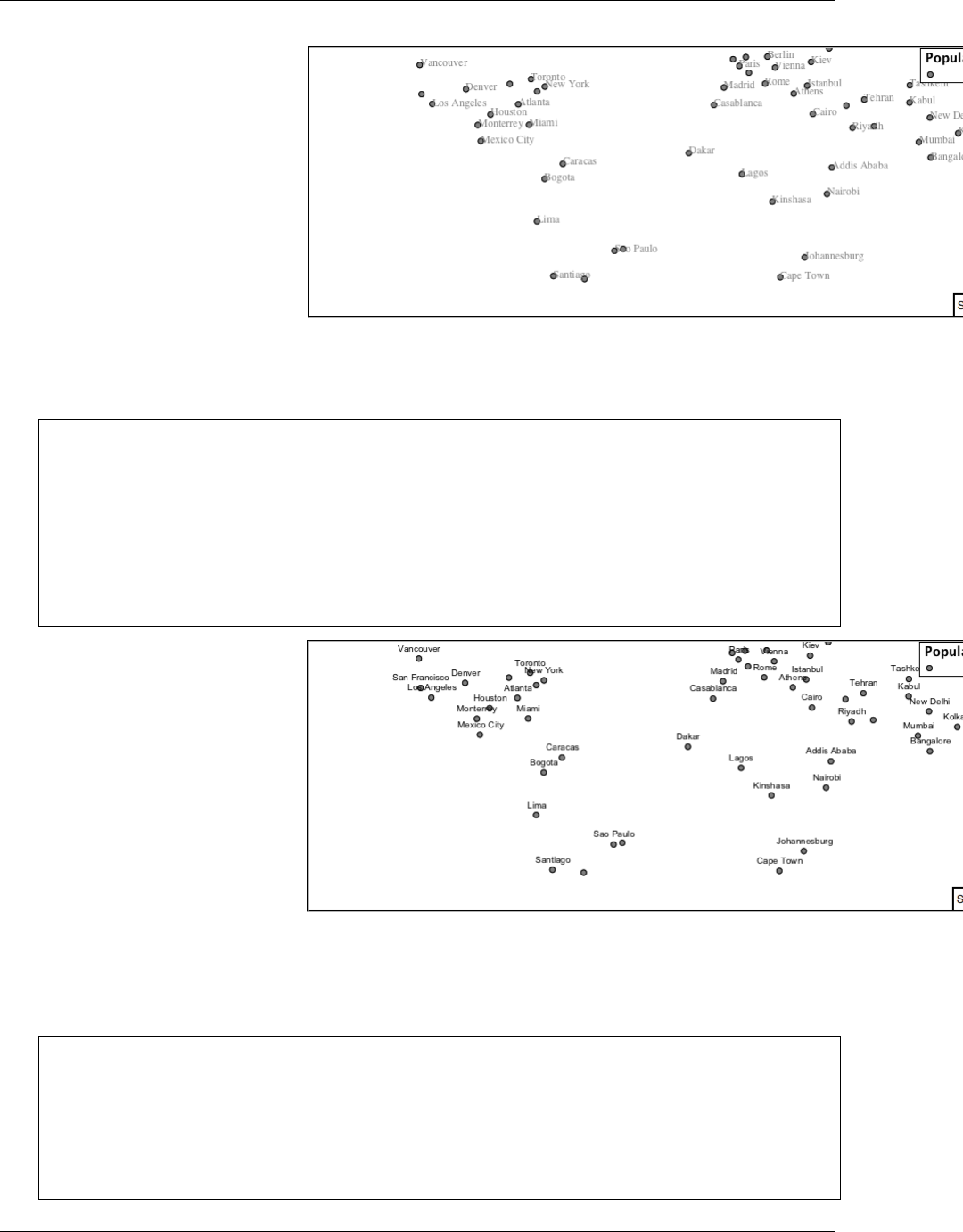
GeoServer User Manual, Release 2.15.1
4. We will use displacement and anchor to position the label above
each symbol.
Add the following two lines to the label define:
define: &label
label: ${NAME}
fill-color: 'black'
font-family: Arial
font-size: 10
font-style: normal
font-weight: normal
placement: point
anchor: [0.5,0]
displacement: [0,6]
5. A little bit of work with vendor specific parameters will prevent our
labels from colliding with each symbol, while giving the rendering
engine some flexibility in how far it is allowed to relocate a label.
Add the following vendor options to the label define:
define: &label
label: ${NAME}
fill-color: 'black'
font-family: Arial
font-size: 10
font-style: normal
font-weight: normal
placement: point
954 Chapter 6. Styling
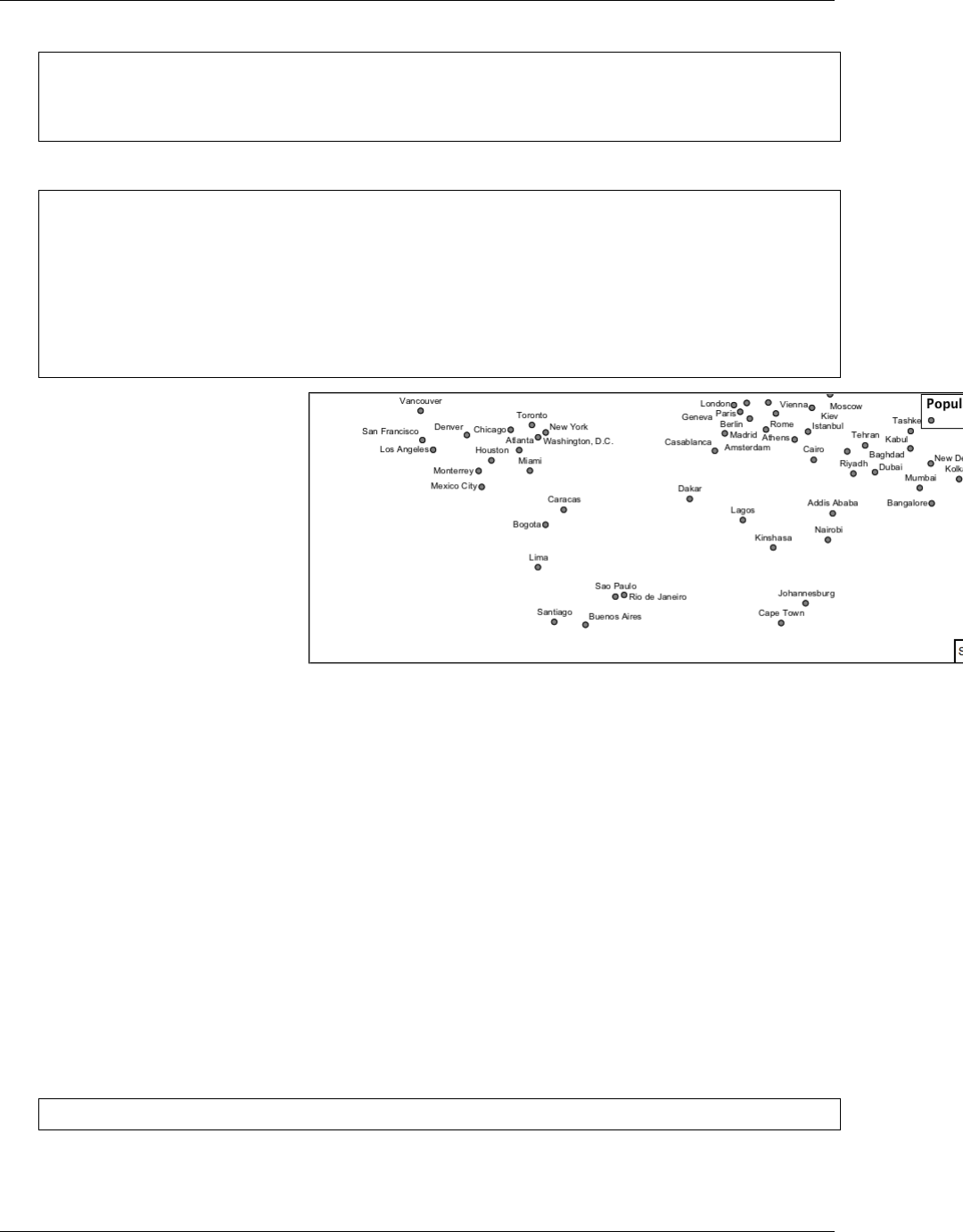
GeoServer User Manual, Release 2.15.1
anchor: [0.5,0]
displacement: [0,6]
x-maxDisplacement: 90
x-spaceAround: 2
Add the following vendor option to the point define:
define: &point
size: 6
symbols:
- mark:
shape: circle
stroke-color: 'black'
stroke-width: 1
fill-color: 'gray'
x-labelObstacle: true
6. Now that we have clearly labeled our cities, zoom into an area you
are familiar with and we can look at changing symbology on a case-
by-case basis.
We have used expressions previous to generate an appropriate label.
Expressions can also be used for many other property settings.
The ne:populated_places layer provides several attributes
specifically to make styling easier:
•SCALERANK: we have already used this attribute to control the
level of detail displayed
•LABELRANK: hint used for conflict resolution, allowing important
cities such as capitals to be labeled even when they are close to a
larger neighbor.
•FEATURECLA: used to indicate different types of cities. We will
check for Admin-0 capital cities.
The first thing we will do is calculate the point size using a quick
expression:
${10-(SCALERANK/2)}
This expression should result in sizes between 5 and 9 and will need
to be applied to both point size and label displacement.
6.7. Styling Workshop 955
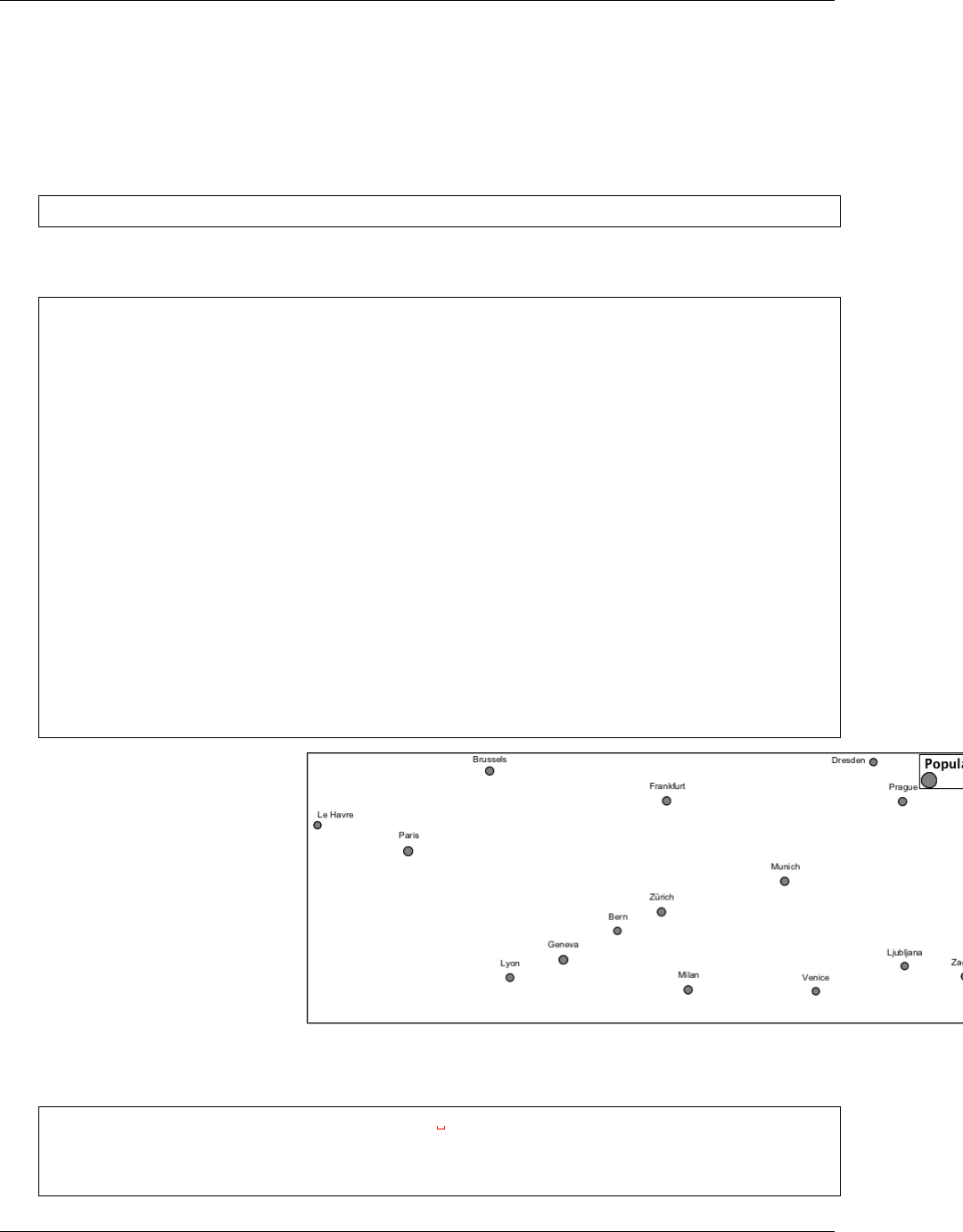
GeoServer User Manual, Release 2.15.1
Rather than the “first come first served” default to resolve labeling
conflicts we can manually provide GeoServer with a label priority.
The expression provided is calculated for each label, in the event of
a conflict the label with the highest priority takes precedence.
The LABELRANK attribute goes from 1 through 10 and needs to be
flipped around before use as a GeoServer label priority:
${10 - LABELRANK}
This expression will result in values between 0 and 10 and will be
used for the priority.
define: &point
size: ${10-(SCALERANK/2)}
symbols:
- mark:
shape: circle
stroke-color: 'black'
stroke-width: 1
fill-color: 'gray'
x-labelObstacle: true
define: &label
label: ${NAME}
fill-color: 'black'
font-family: Arial
font-size: 10
font-style: normal
font-weight: normal
placement: point
anchor: [0.5,0]
displacement: [0,'${''10'' - SCALERANK / ''2''}']
priority: ${'10' - LABELRANK}
x-maxDisplacement: 90
x-spaceAround: 2
7. Next we can use FEATURECLA to check for capital cities.
Adding a filter for capital cities at the top of the rules list:
- filter:
,→${SCALERANK < '2' AND FEATURECLA = 'Admin-0 capital'}
scale: ['7.0E7',max]
name: capitals
956 Chapter 6. Styling
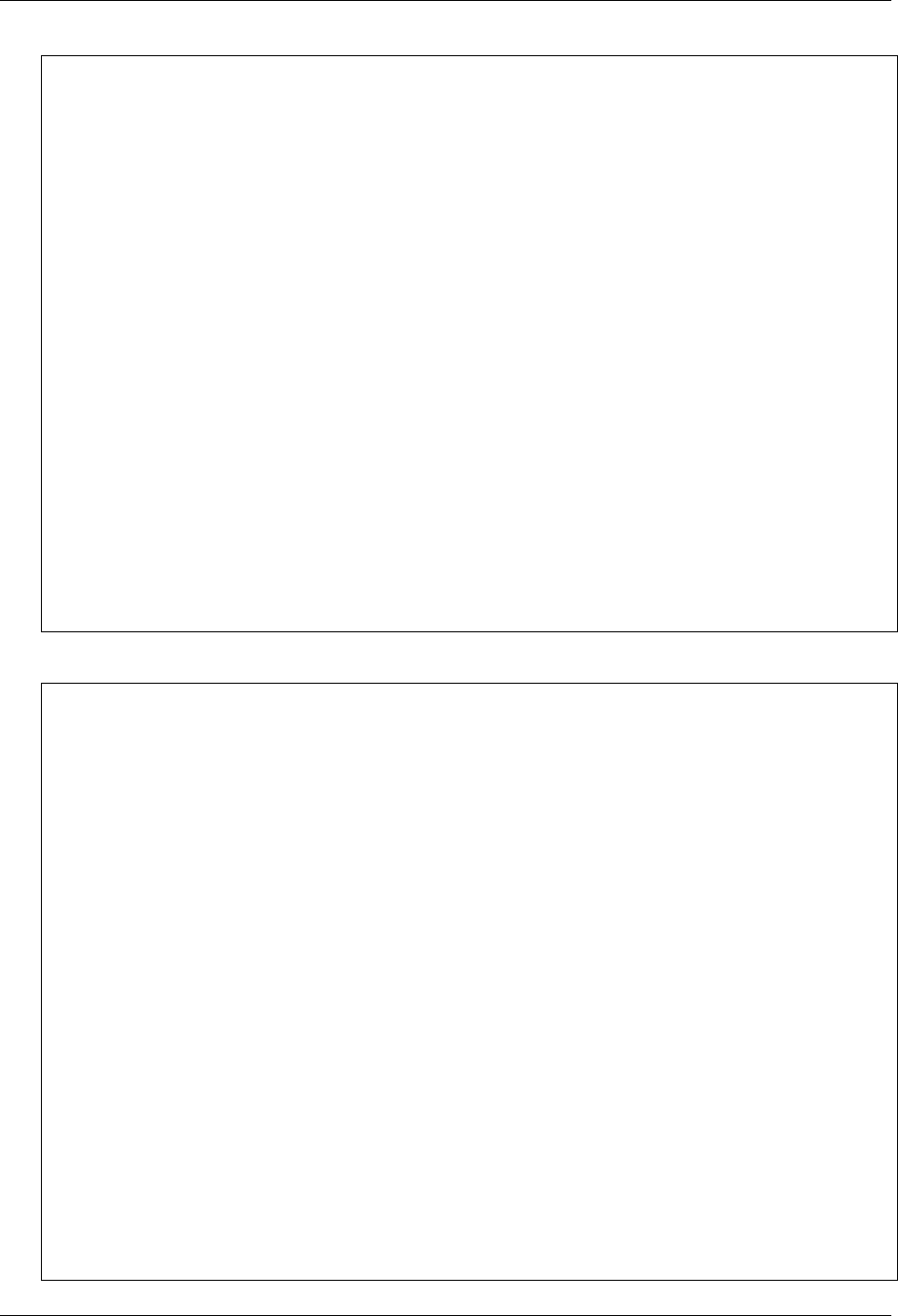
GeoServer User Manual, Release 2.15.1
symbolizers:
- point:
symbols:
- mark:
shape: star
stroke-color: 'black'
stroke-width: 1
fill-color: 'gray'
- text:
label: ${NAME}
fill-color: 'gray'
placement: point
- filter: ${FEATURECLA = 'Admin-0 capital'}
scale: [min,'7.0E7']
name: capitals
symbolizers:
- point:
symbols:
- mark:
shape: star
stroke-color: 'black'
stroke-width: 1
fill-color: 'gray'
- text:
label: ${NAME}
fill-color: 'gray'
placement: point
And updating the populated places filters to ignore capital cities:
- filter: $
,→{SCALERANK < '7' AND FEATURECLA <> 'Admin-0 capital'}
scale: ['4000000.0','8000000.0']
symbolizers:
- point:
<<: *point
- text:
<<: *label
- filter: $
,→{SCALERANK < '5' AND FEATURECLA <> 'Admin-0 capital'}
scale: ['8000000.0','1.7E7']
symbolizers:
- point:
<<: *point
- text:
<<: *label
- filter: $
,→{SCALERANK < '4' AND FEATURECLA <> 'Admin-0 capital'}
scale: ['1.7E7','3.5E7']
symbolizers:
- point:
<<: *point
- text:
<<: *label
- filter: $
,→{SCALERANK < '3' AND FEATURECLA <> 'Admin-0 capital'}
scale: ['3.5E7','7.0E7']
symbolizers:
6.7. Styling Workshop 957
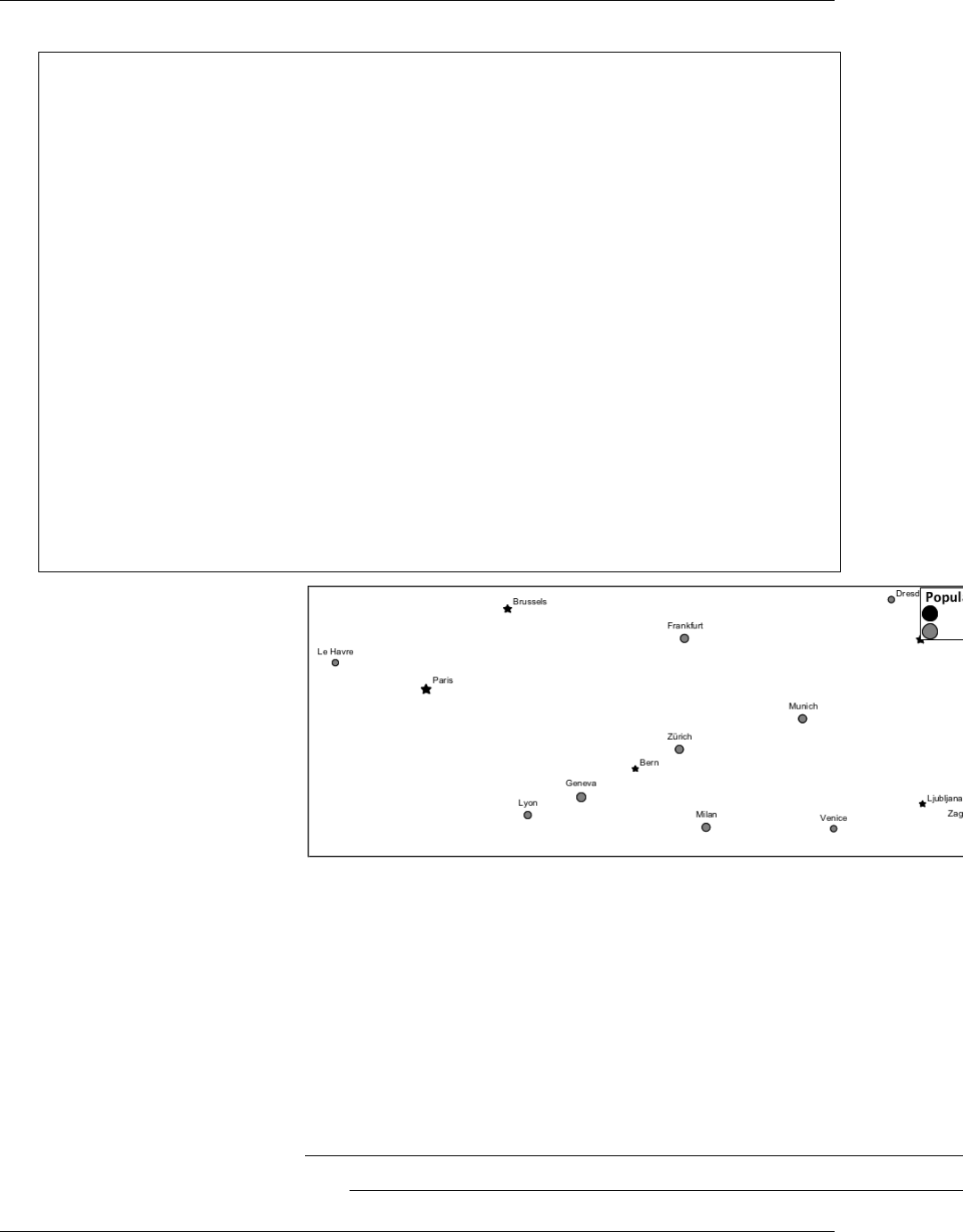
GeoServer User Manual, Release 2.15.1
- point:
<<: *point
- text:
<<: *label
- filter: $
,→{SCALERANK < '2' AND FEATURECLA <> 'Admin-0 capital'}
scale: ['7.0E7','1.4E8']
symbolizers:
- point:
<<: *point
- text:
<<: *label
- filter: $
,→{SCALERANK < '1' AND FEATURECLA <> 'Admin-0 capital'}
scale: ['1.4E8',max]
symbolizers:
- point:
<<: *point
- text:
<<: *label
- scale: [min,'4000000.0']
symbolizers:
- point:
<<: *point
- text:
<<: *label
8. If you would like to check your work the final file is here:
point_example.ysld
Bonus
Challenge Geometry Location
1. The mark property can be used to render any geometry content.
2. Challenge: Try this yourself by rendering a polygon layer using a
mark property.
Note: Answer discussed at the end of the workbook.
958 Chapter 6. Styling
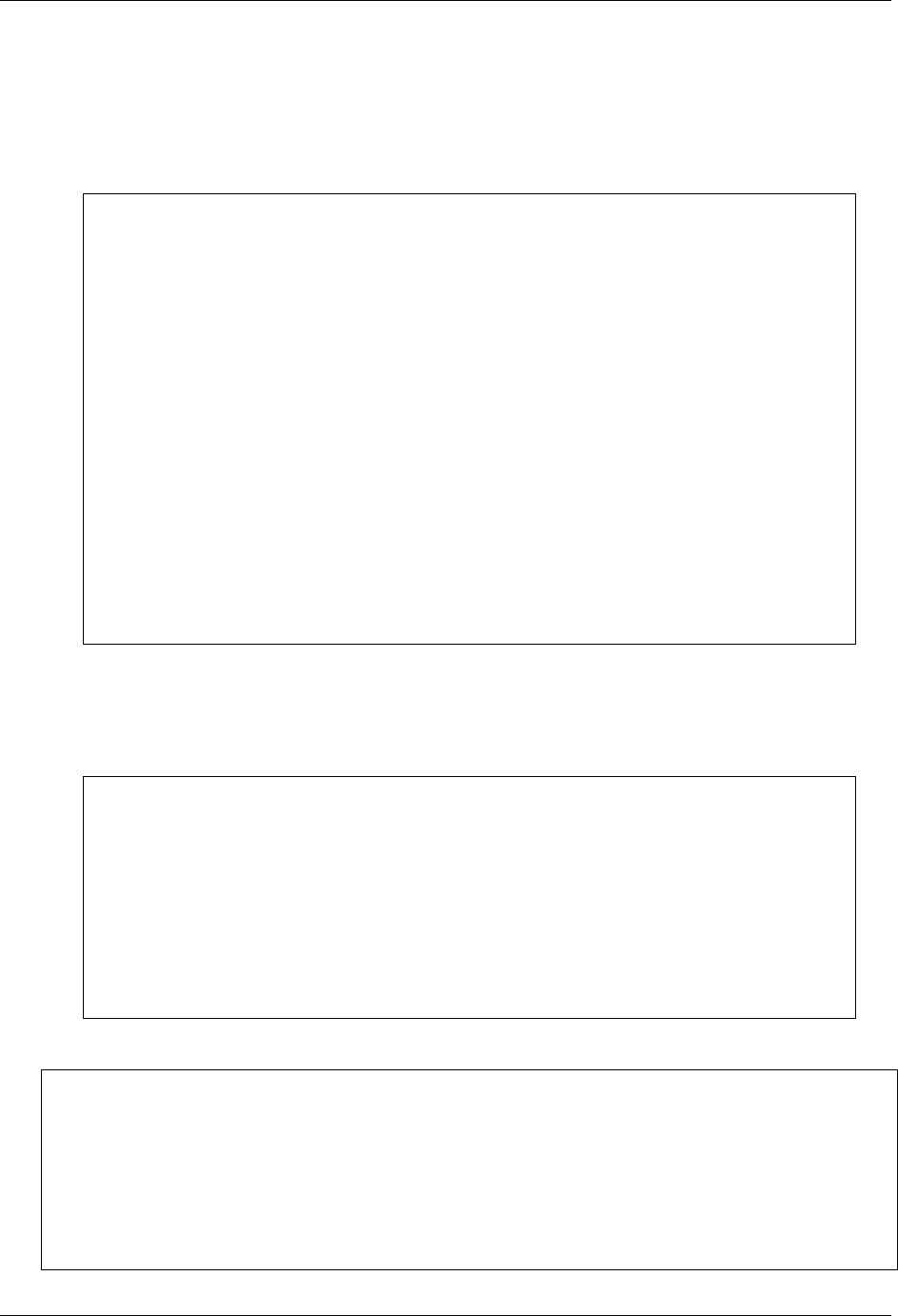
GeoServer User Manual, Release 2.15.1
Explore Dynamic Symbolization
1. We went to a lot of work to set up filters to choose between star and
circle for capital cities.
This approach is straightforward when applied in isolation:
rules:
- filter: ${FEATURECLA = 'Admin-0 capital'}
scale: [min,max]
symbolizers:
- point:
symbols:
- mark:
shape: star
stroke-color: 'black'
stroke-width: 1
fill-color: 'gray'
- filter: ${FEATURECLA <> 'Admin-0 capital'}
scale: [min,max]
symbolizers:
- point:
symbols:
- mark:
shape: circle
stroke-color: 'black'
stroke-width: 1
fill-color: 'gray'
When combined with checking another attribute, or checking @scale
as in our example, this approach can quickly lead to many rules
which can be difficult to keep straight.
2. Taking a closer look, shape can actually be expressed using a string:
rules:
- filter: ${FEATURECLA = 'Admin-0 capital'}
scale: [min,max]
symbolizers:
- point:
symbols:
- mark:
shape: 'star'
stroke-color: 'black'
stroke-width: 1
fill-color: 'gray'
Which is represented in SLD as:
<sld:PointSymbolizer>
<sld:Graphic>
<sld:Mark>
<sld:WellKnownName>star</sld:WellKnownName>
<sld:Fill/>
<sld:Stroke/>
</sld:Mark>
</sld:Graphic>
</sld:PointSymbolizer>
6.7. Styling Workshop 959
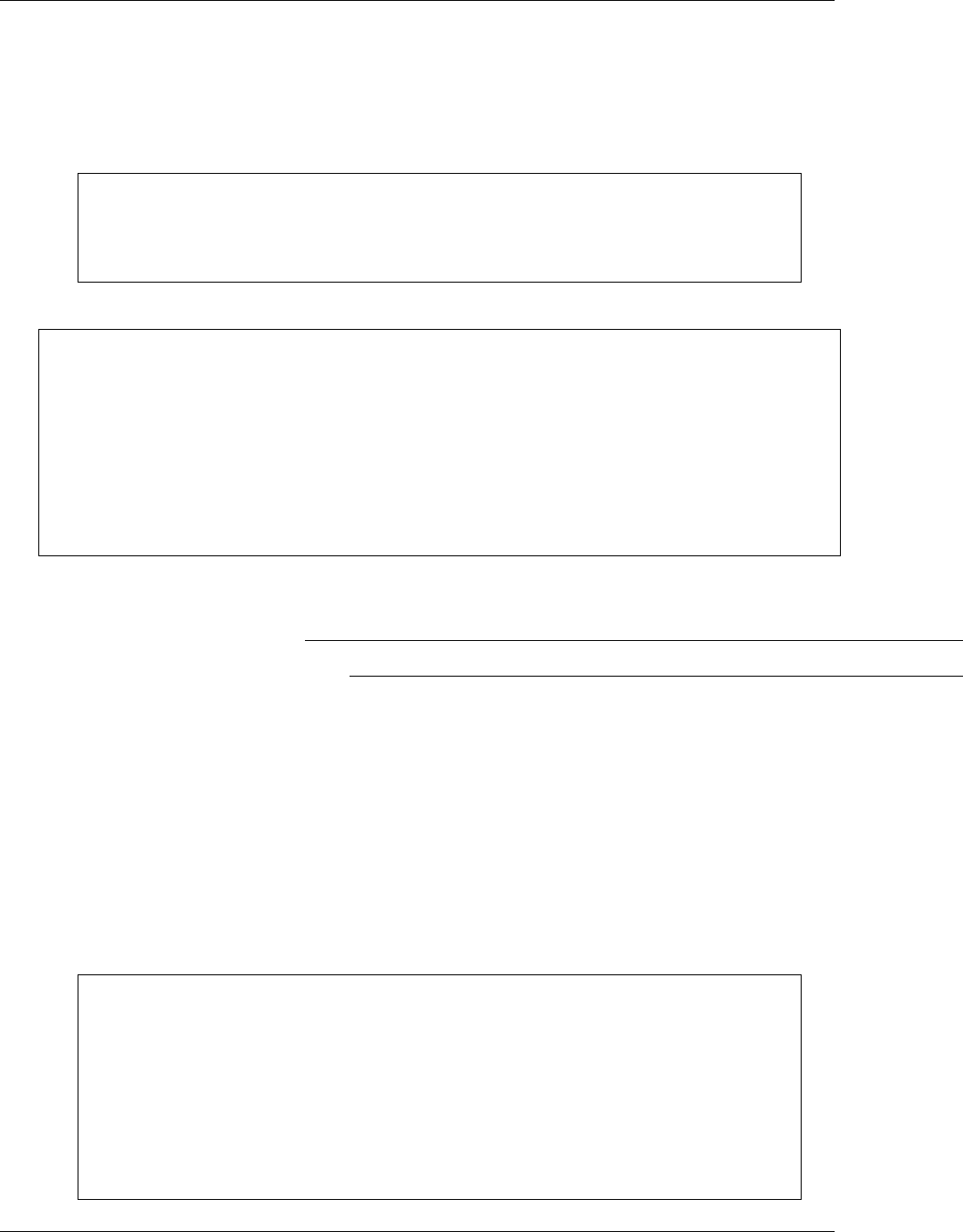
GeoServer User Manual, Release 2.15.1
3. GeoServer recognizes this limitation of SLD Mark and External-
Graphic and provides an opportunity for dynamic symbolization.
This is accomplished by embedding a small CQL expression in the
string passed to symbol or url. This sub-expression is isolated with
${ } as shown:
- point:
symbols:
- mark:
shape: ${if_then_else(equalTo(FEATURECLA,
,→'Admin-0 capital'),'star','circle')}
Which is represented in SLD as:
<sld:PointSymbolizer>
<sld:Graphic>
<sld:Mark>
<sld:WellKnownName>
,→${if_then_else(equalTo(FEATURECLA,'Admin-
,→0 capital'),'star','circle')}</sld:WellKnownName>
<sld:Fill/>
<sld:Stroke/>
</sld:Mark>
</sld:Graphic>
</sld:PointSymbolizer>
4. Challenge: Use this approach to rewrite the Dynamic Styling exam-
ple.
Note: Answer provided at the end of the workbook.
Challenge Layer Group
1. Use a Layer Group to explore how symbology works together to
form a map.
• ne:NE1
• ne:states_provincces_shp
• ne:populated_places
2. To help start things out here is a style for
ne:states_provinces_shp:
symbolizers:
- polygon:
stroke-color: 'black'
stroke-width: 0.25
stroke-opacity: 0.5
fill-color: 'white'
fill-opacity: 0.05
- polygon:
stroke-color: 'black'
stroke-width: 0.25
stroke-opacity: 0.5
960 Chapter 6. Styling
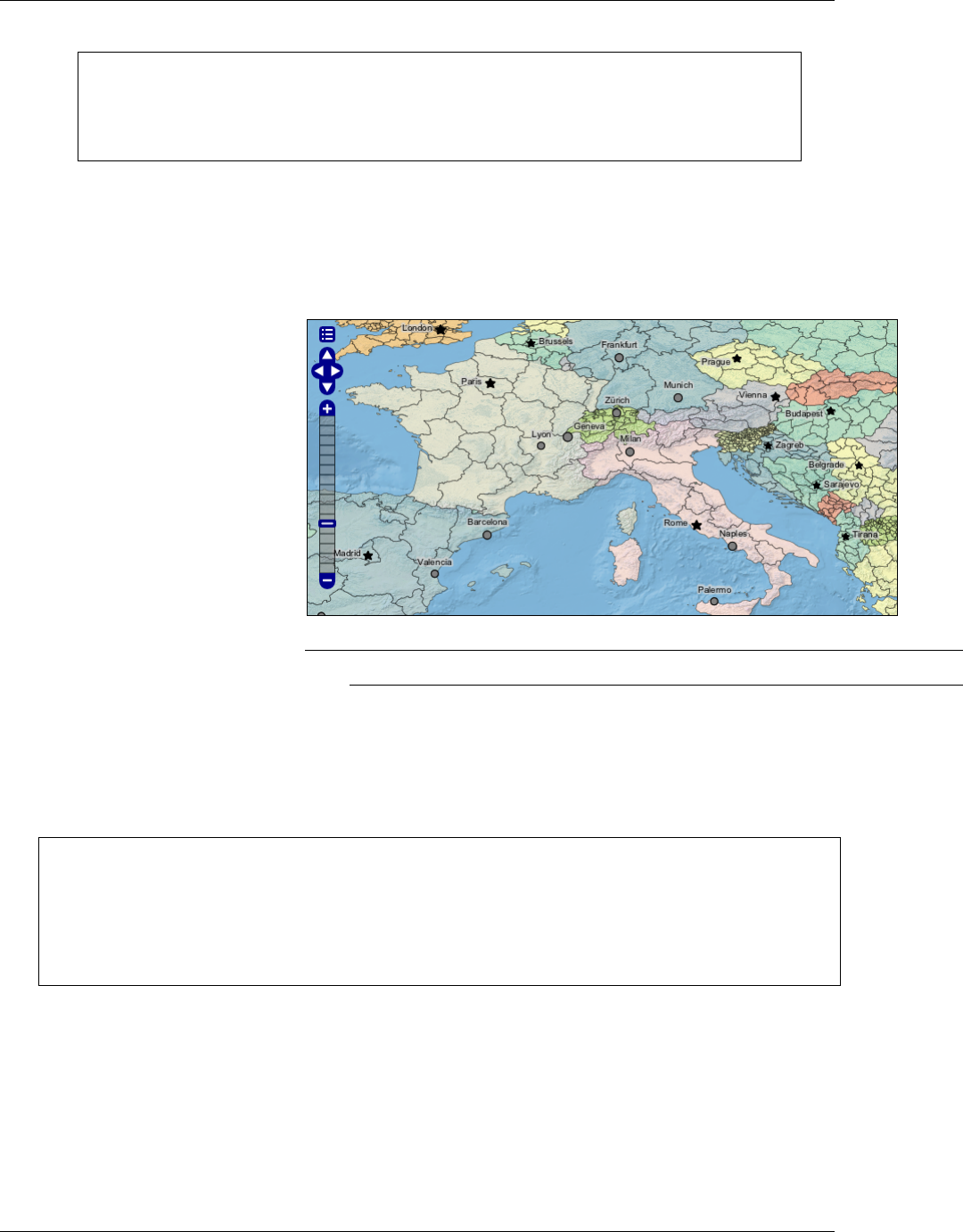
GeoServer User Manual, Release 2.15.1
fill-
,→color: ${Recode(mapcolor9,'1','#8dd3c7','2','#ffffb3
,→','3','#bebada','4','#fb8072','5','#80b1d3','6',
,→'#fdb462','7','#b3de69','8','#fccde5','9','#d9d9d9')}
fill-opacity: 0.5
3. This background is relatively busy and care must be taken to ensure
both symbols and labels are clearly visible.
4. Challenge: Do your best to style populated_places over this busy
background.
Here is an example with labels for inspiration:
Note: Answer provided at the end of the workbook.
Explore True Type Fonts
1. In addition to image formats GeoServer can make use other kinds
of graphics, such as True Type fonts:
symbolizers:
- point:
symbols:
- mark:
shape: ttf://Webdings#0x0064
stroke-color: 'blue'
stroke-width: 1
2. Additional fonts dropped in the styles directory are available for
use.
Explore Custom Graphics
1. The GeoServer rendering engine allows Java developers to hook in
additional symbol support.
6.7. Styling Workshop 961

GeoServer User Manual, Release 2.15.1
This facility is used by GeoServer to offer the shapes used for pattern
fills. Community extensions allow the use of simple custom shapes
and even charts.
2. Support has been added for custom graphics using the WKT Geom-
etry representation.
symbolizers:
- point:
symbols:
- mark:
shape: wkt://MULTILINESTRING((-
,→0.25 -0.25, -0.125 -0.25), (0.125 -0.25, 0.25 -0.25),
,→(-0.25 0.25, -0.125 0.25), (0.125 0.25, 0.25 0.25))
stroke-color: 'blue'
stroke-width: 1
Rasters
Finally we will look at using YSLD styling for the portrayal of raster
data.
Fig. 6.307: Raster Symbology
Review of raster symbology:
• Raster data is Grid Coverage where values have been recorded in
a regular array. In OGC terms a Coverage can be used to look up a
value or measurement for each location.
• When queried with a “sample” location:
–A grid coverage can determine the appropriate array location and
retrieve a value. Different techniques may be used interpolate an
appropriate value from several measurements (higher quality) or
directly return the “nearest neighbor” (faster).
–A vector coverages would use a point-in-polygon check and return
an appropriate attribute value.
–A scientific model can calculate a value for each sample location
• Many raster formats organize information into bands of content.
Values recorded in these bands and may be mapped into colors for
display (a process similar to theming an attribute for vector data).
For imagery the raster data is already formed into red, green and
blue bands for display.
• As raster data has no inherent shape, the format is responsible for
describing the orientation and location of the grid used to record
measurements.
These raster examples use a digital elevation model consisting of a
single band of height measurements. The imagery examples use an
RGB image that has been hand coloured for use as a base map.
Reference:
962 Chapter 6. Styling
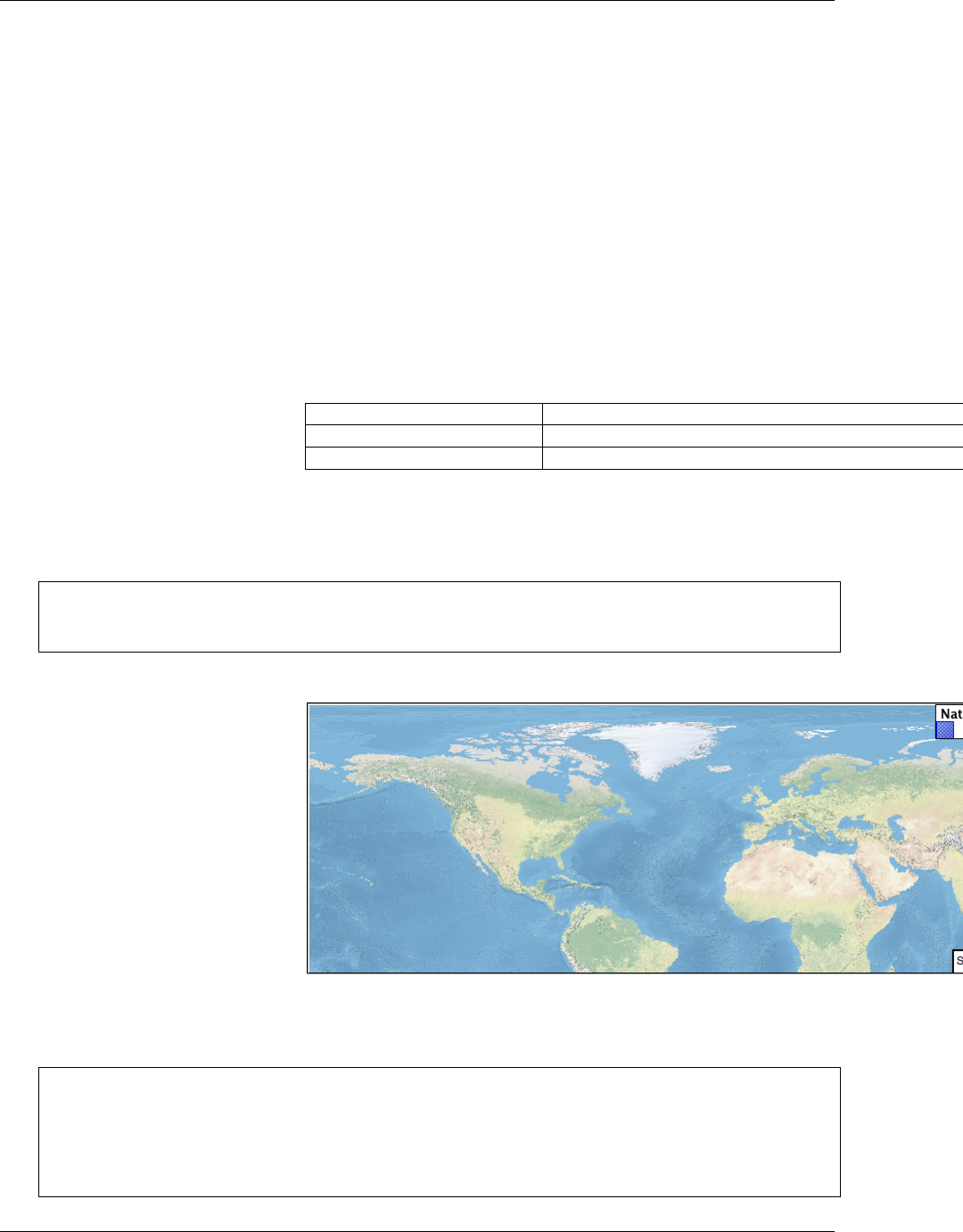
GeoServer User Manual, Release 2.15.1
•YSLD Reference
•Raster (YSLD Reference | Raster symbolizer)
•Raster (User Manual | SLD Reference )
The exercise makes use of the usgs:dem and ne:ne1 layers.
Image
The raster symbolizer controls the display of raster data. By de-
fault, the raster symbolizer automatically selects the appropriate
red, green and blue channels for display.
1. Navigate to the Styles page.
2. Click Add a new style and choose the following:
Name: image_example
Workspace: No workspace
Format: YSLD
3. Choose raster from the Generate a default style dropdown
and click generate.
4. Replace the initial YSLD definition with:
symbolizers:
- raster:
opacity: 1.0
5. And use the Layer Preview tab to preview the result.
6. The channels property can be used to provide a list three band num-
bers (for images recording in several wave lengths) or a single band
number can be used to view a grayscale image.
symbolizers:
- raster:
opacity: 1.0
channels:
gray:
name: '2'
6.7. Styling Workshop 963

GeoServer User Manual, Release 2.15.1
7. Isolating just the green band (it wil be drawn as a grayscale image):
DEM
A digital elevation model is an example of raster data made up of
measurements, rather than color information.
The usgs:dem layer used used for this exercise:
1. Return to the the Styles page.
2. Click Add a new style and choose the following:
Name: raster_example
Workspace: No workspace
Format: YSLD
3. Choose raster from the Generate a default style dropdown
and click generate.
4. The rendering engine will select our single band of raster content,
and do its best to map these values into a grayscale image. Replace
the content of the style with:
symbolizers:
- raster:
opacity: 1.0
5. Use the Layer Preview tab to preview the result. The range produced
in this case from the highest and lowest values.
6. We can use a bit of image processing to emphasis the generated color
mapping by making use of contrast-enhancement.
964 Chapter 6. Styling
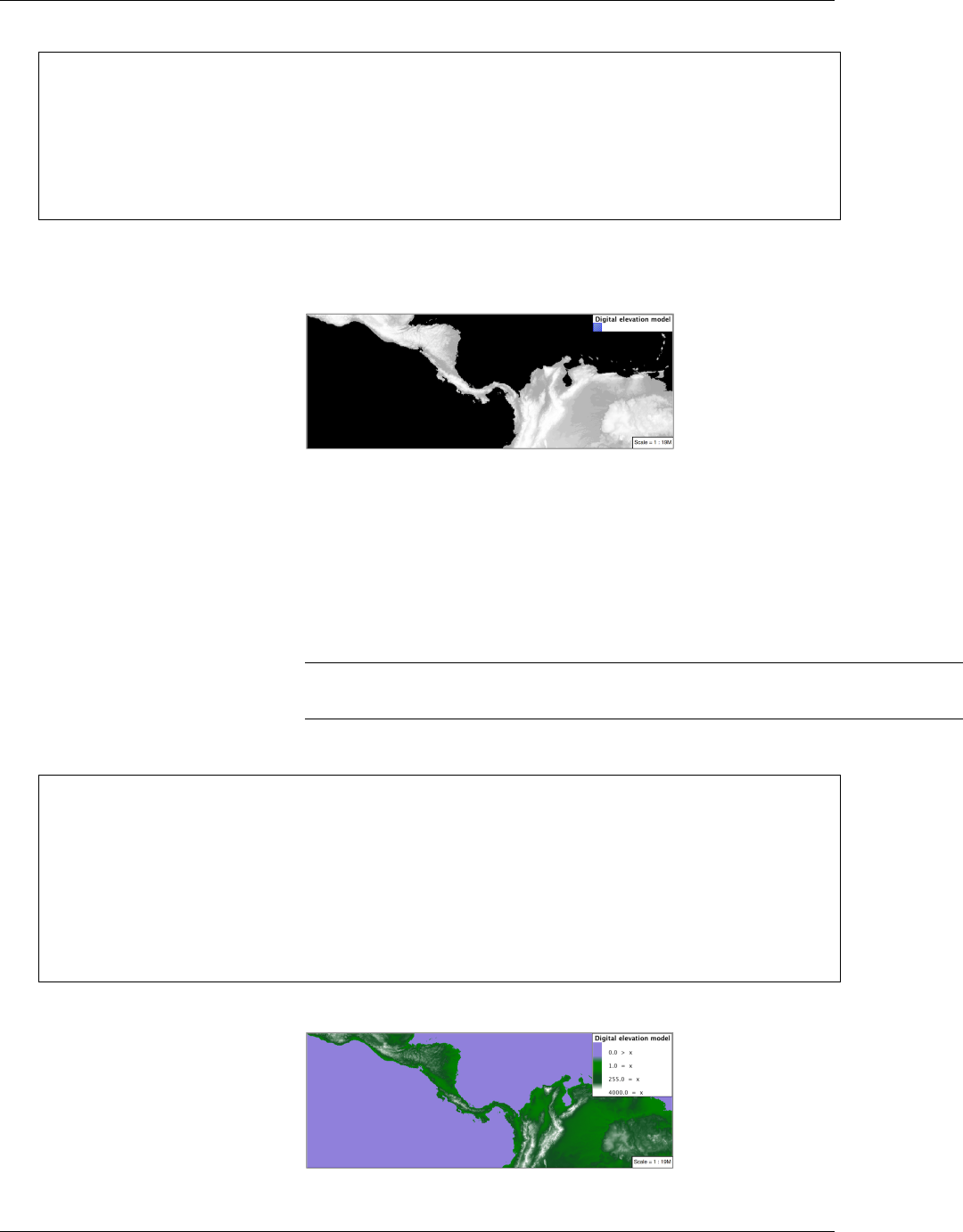
GeoServer User Manual, Release 2.15.1
symbolizers:
- raster:
opacity: 1.0
channels:
gray:
name: '1'
contrast-enhancement:
mode: histogram
7. Image processing of this sort should be used with caution as it
does distort the presentation (in this case making the landscape look
more varied then it is in reality.
Color Map
The approach of mapping a data channel directly to a color channel
is only suitable to quickly look at quantitative data.
For qualitative data (such as land use) or simply to use color, we
need a different approach:
Note: We can use a color map to artificially color a single band raster introducing smooth graduations for
elevation or tempurature models or clear differentiation for qualitative data.
1. Apply the following YAML to our usgs:DEM layer:
symbolizers:
- raster:
opacity: 1.0
color-map:
type: ramp
entries:
- ['#9080DB',1.0,0,null]
- ['#008000',1.0,1,null]
- ['#105020',1.0,255,null]
- ['#FFFFFF',1.0,4000,null]
2. Resulting in this artificial color image:
6.7. Styling Workshop 965
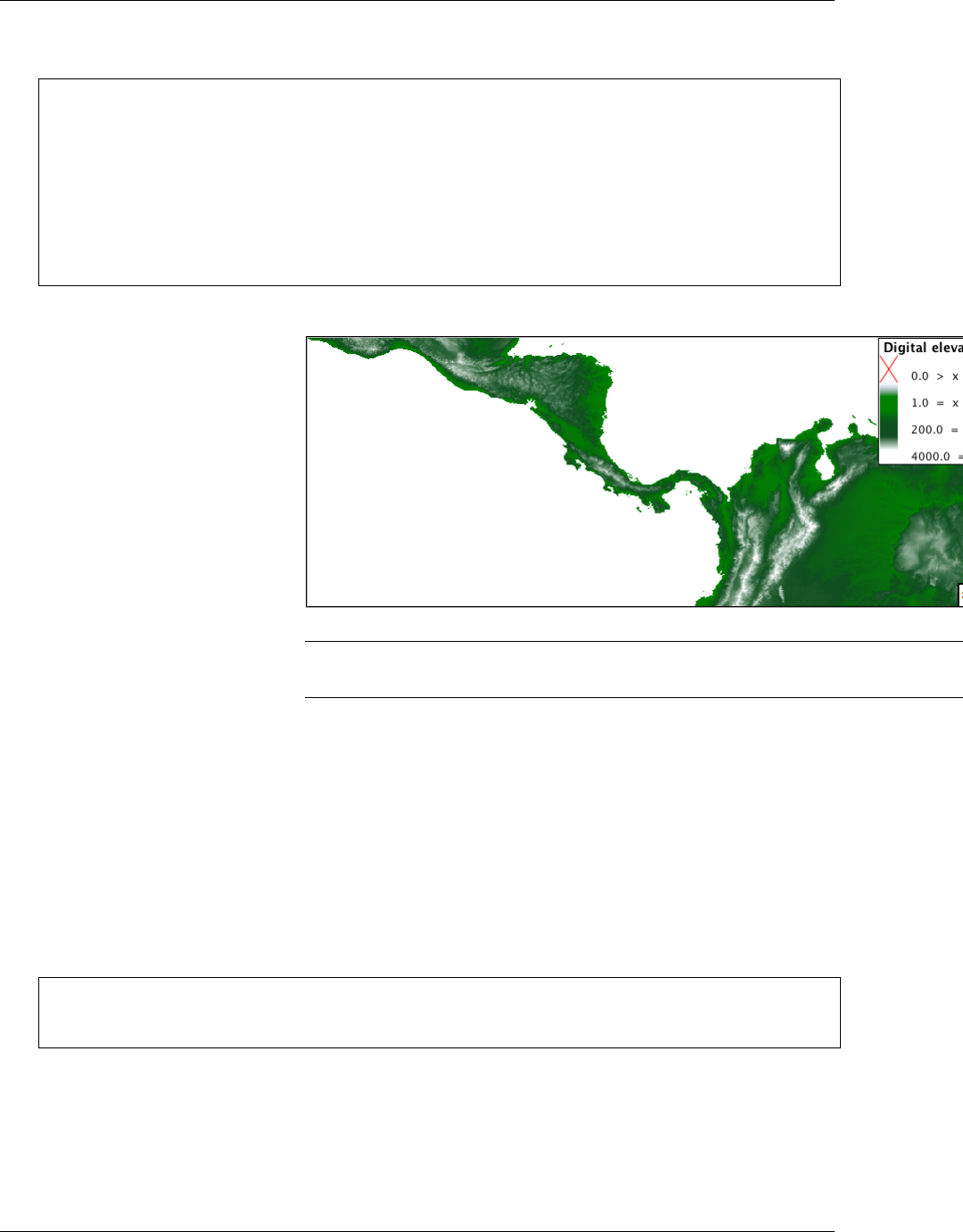
GeoServer User Manual, Release 2.15.1
3. An opacity value can also be used with each color-map entry.
symbolizers:
- raster:
opacity: 1.0
color-map:
type: ramp
entries:
- ['#9080DB',0.0,0,null]
- ['#008000',1.0,1,null]
- ['#105020',1.0,255,null]
- ['#FFFFFF',1.0,4000,null]
4. Allowing the areas of zero height to be transparent:
Note: Raster format for GIS work often supply a “no data” value, or contain a mask, limiting the dataset
to only the locations with valid information.
Custom
We can use what we have learned about color maps to apply a color
brewer palette to our data.
This exploration focuses on accurately communicating differences
in value, rather than strictly making a pretty picture. Care should
be taken to consider the target audience and medium used during
palette selection.
1. Restore the raster_example YSLD style to the following:
symbolizers:
- raster:
opacity: 1.0
2. Producing the following map preview.
966 Chapter 6. Styling
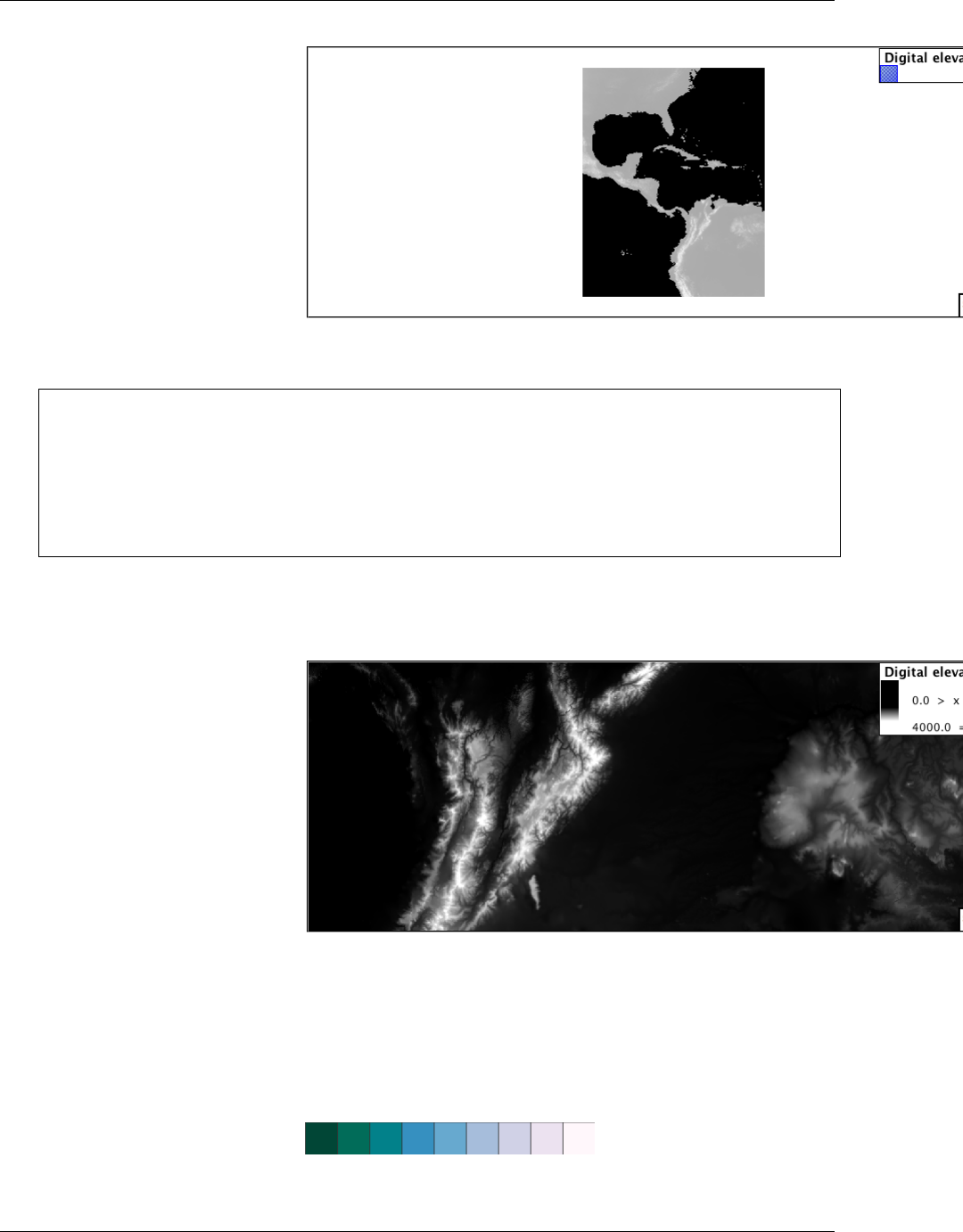
GeoServer User Manual, Release 2.15.1
3. To start with we can provide our own grayscale using two color map
entries.
symbolizers:
- raster:
opacity: 1.0
color-map:
type: ramp
entries:
- ['#000000',1.0,0,null]
- ['#FFFFFF',1.0,4000,null]
4. Use the Layer Preview tab to zoom in and take a look.
This is much more direct representation of the source data. We have
used our knowledge of elevations to construct a more accurate style.
5. While our straightforward style is easy to understand, it does leave
a bit to be desired with respect to clarity.
The eye has a hard time telling apart dark shades of black (or bright
shades of white) and will struggle to make sense of this image. To
address this limitation we are going to switch to the ColorBrewer
9-class PuBuGn palette. This is a sequential palette that has been
hand tuned to communicate a steady change of values.
6. Update your style with the following:
6.7. Styling Workshop 967
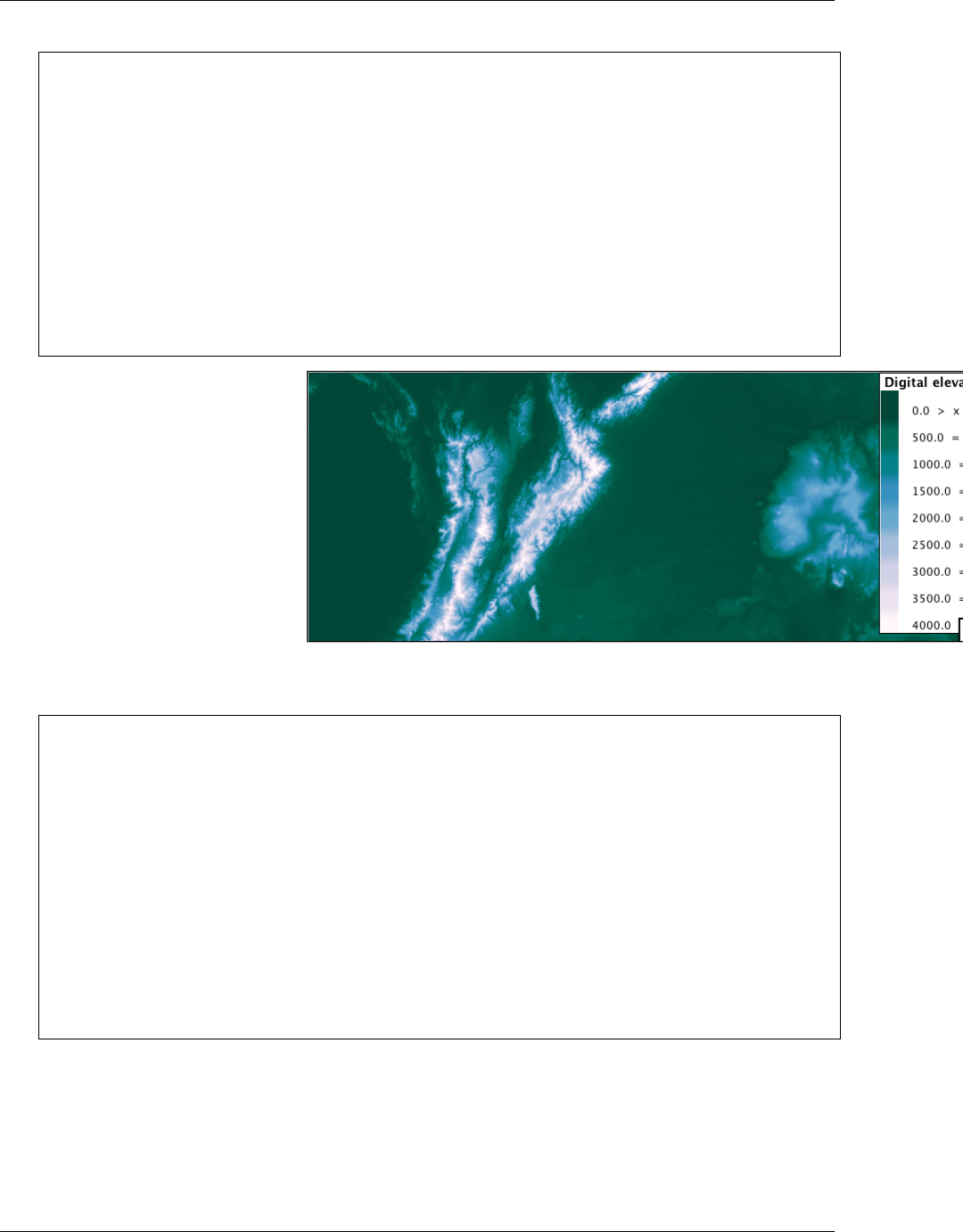
GeoServer User Manual, Release 2.15.1
symbolizers:
- raster:
opacity: 1.0
color-map:
type: ramp
entries:
- ['#014636',1.0,0,null]
- ['#016C59',1.0,500,null]
- ['#02818A',1.0,1000,null]
- ['#3690C0',1.0,1500,null]
- ['#67A9CF',1.0,2000,null]
- ['#A6BDDB',1.0,2500,null]
- ['#D0D1E6',1.0,3000,null]
- ['#ECE2F0',1.0,3500,null]
- ['#FFF7FB',1.0,4000,null]
7. A little bit of work with alpha (to mark the ocean as a no-data sec-
tion):
symbolizers:
- raster:
opacity: 1.0
color-map:
type: ramp
entries:
- ['#014636',0,0,null]
- ['#014636',1.0,1,null]
- ['#016C59',1.0,500,null]
- ['#02818A',1.0,1000,null]
- ['#3690C0',1.0,1500,null]
- ['#67A9CF',1.0,2000,null]
- ['#A6BDDB',1.0,2500,null]
- ['#D0D1E6',1.0,3000,null]
- ['#ECE2F0',1.0,3500,null]
- ['#FFF7FB',1.0,4000,null]
8. And we are done:
968 Chapter 6. Styling
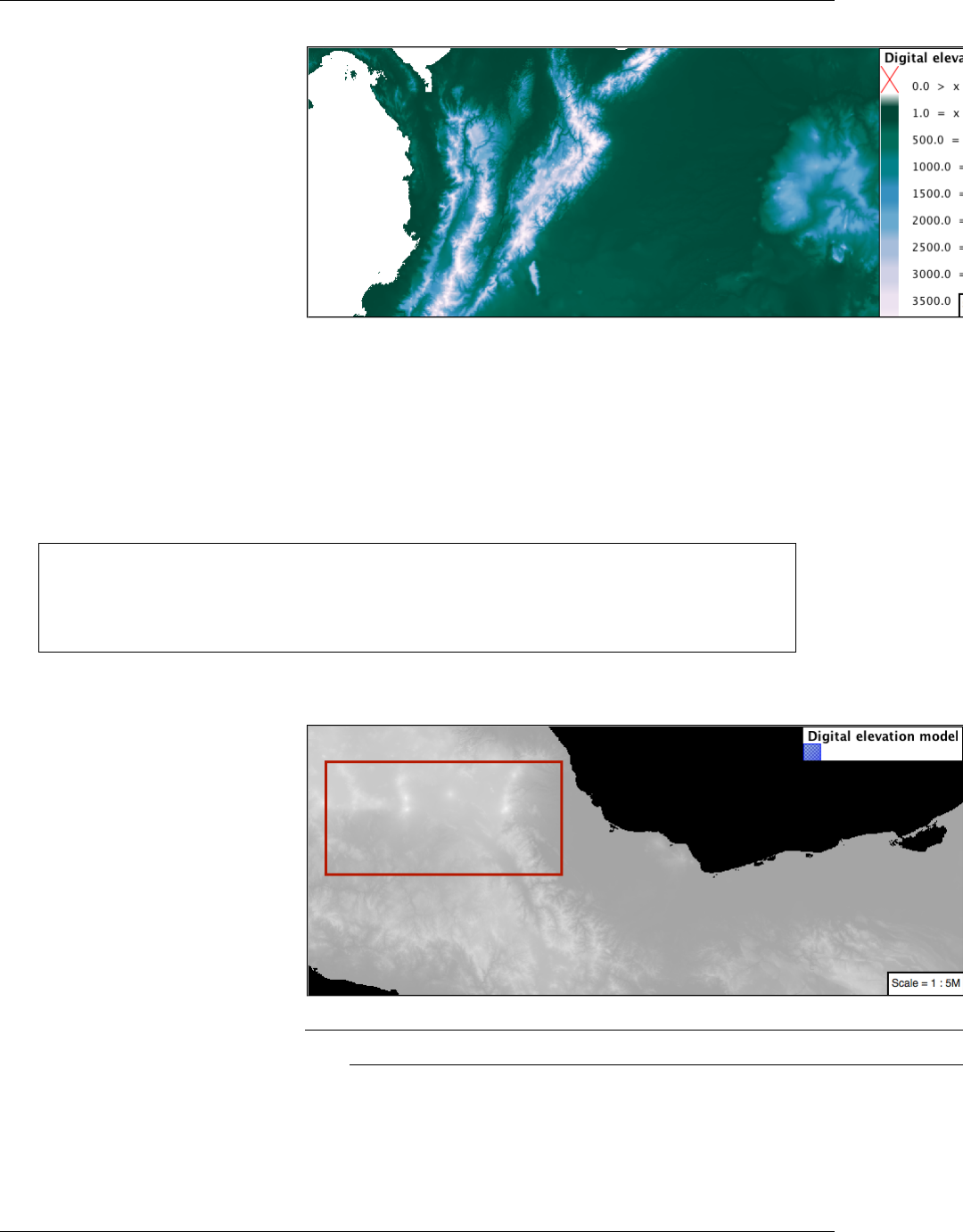
GeoServer User Manual, Release 2.15.1
Bonus
Explore Contrast Enhancement
1. A special effect that is effective with grayscale information is auto-
matic contrast adjustment.
2. Make use of a simple contrast enhancement with usgs:dem:
symbolizers:
- raster:
opacity: 1.0
contrast-enhancement:
mode: normalize
1. Can you explain what happens when zoom in to only show a land
area (as indicated with the bounding box below)?
Note: Discussion provided at the end of the workbook.
Challenge Intervals
1. The color-map type property dictates how the values are used to
generate a resulting color.
6.7. Styling Workshop 969
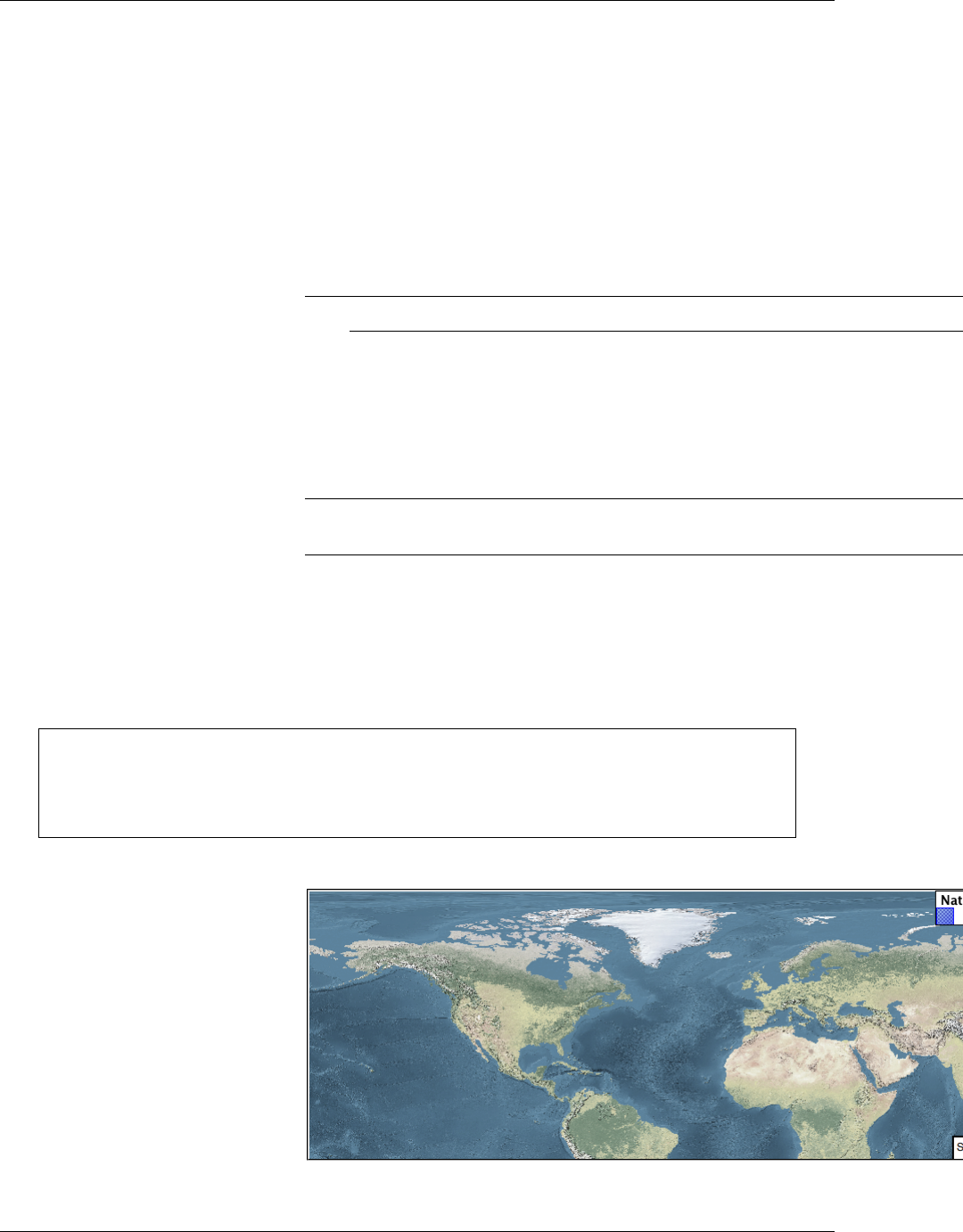
GeoServer User Manual, Release 2.15.1
•ramp is used for quantitative data, providing a smooth interpolation between the provided color
values.
•intervals provides categorization for quantitative data, assigning each range of values a solid
color.
•values is used for qualitative data, each value is required to have a color-map entry or it will
not be displayed.
2. Chalenge: Update your DEM example to use intervals for presen-
tation. What are the advantages of using this approach for elevation
data?
Note: Answer provided at the end of the workbook.
Explore Image Processing
Additional properties are available to provide slight image process-
ing during visualization.
Note: In this section are we going to be working around a preview issue where only the top left corner of
the raster remains visible during image processing. This issue has been reported as GEOS-6213.
Image processing can be used to enhance the output to highlight
small details or to balance images from different sensors allowing
them to be compared.
1. The contrast-enhancement property is used to turn on a range of
post processing effects. Settings are provided for normalize or
histogram or none;
symbolizers:
- raster:
opacity: 1.0
contrast-enhancement:
mode: normalize
1. Producing the following image:
970 Chapter 6. Styling
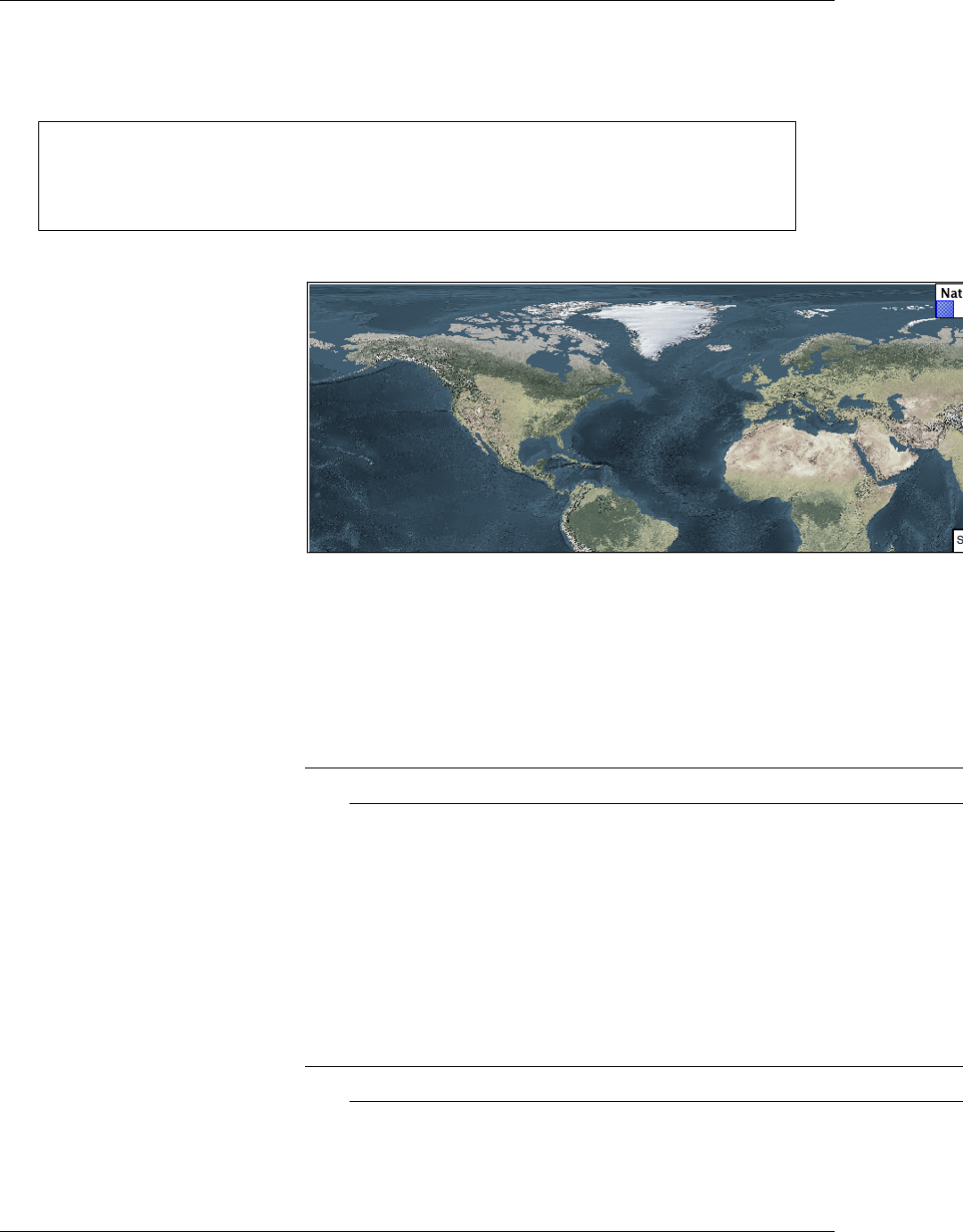
GeoServer User Manual, Release 2.15.1
2. The raster-gamma property is used adjust the brightness of
contrast-enhancement output. Values less than 1 are used to
brighten the image while values greater than 1 darken the image.
symbolizers:
- raster:
opacity: 1.0
contrast-enhancement:
gamma: 1.5
1. Providing the following effect:
Challenge Clear Digital Elevation Model Presentation
1. Now that you have seen the data on screen and have a better under-
standing how would you modify our initial gray-scale example?
2. Challenge: Use what you have learned to present the usgs:dem
clearly.
Note: Answer provided at the end of the workbook.
Challenge Raster Opacity
1. There is a quick way to make raster data transparent, raster opacity
property works in the same fashion as with vector data. The raster
as a whole will be drawn partially transparent allow content from
other layers to provide context.
2. Challenge: Can you think of an example where this would be use-
ful?
Note: Discussion provided at the end of the workbook.
6.7. Styling Workshop 971
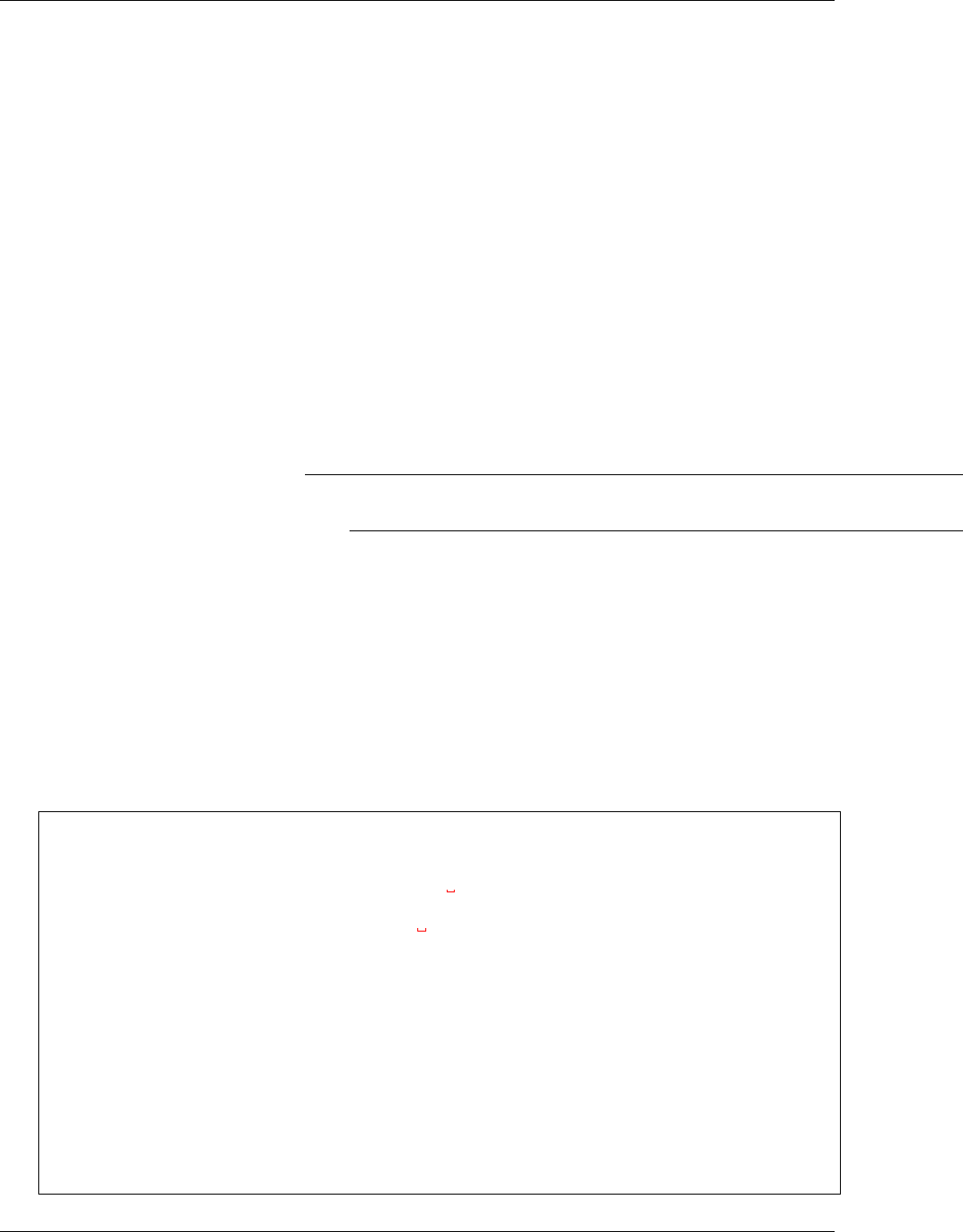
GeoServer User Manual, Release 2.15.1
YSLD Workbook Conclusion
We hope you have enjoyed this styling workshop.
Additional resources:
•YSLD Extension
•YSLD Reference
YSLD Tips and Tricks
Converting to YSLD
The REST API can be used to convert any of your existing CSS or
SLD styles to YSLD.
1. Navigate to the rest api endpoint for styles:
•view-source:http://localhost:8080/geoserver/rest/styles
Note: Using view-source: in chrome or firefox allows us to focus
on page content.
2. Click on one of the styles (for example states.html)
3. Click on the link to the style contents
•view-source:http://localhost:8080/geoserver/rest/styles/states.sld
4. Change the URL with ?pretty=true for human readable XML.
•view-source:http://localhost:8080/geoserver/rest/styles/states.sld?pretty=true
5. Change the URL with yaml to convert to YSLD.
•view-source:http://localhost:8080/geoserver/rest/styles/states.yaml
The original SLD file is convert to YSLD:
name: states
title: Population in the United States
abstract: |-
A sample
,→filter that filters the United States into three
,→categories of population, drawn in different colors
feature-styles:
- name: name
rules:
- name: Population < 2M
title: Population < 2M
filter: ${PERSONS < '2000000'}
scale: [min,max]
symbolizers:
- polygon:
fill-color: '#A6CEE3'
fill-opacity: 0.7
- name: Population 2M-4M
972 Chapter 6. Styling
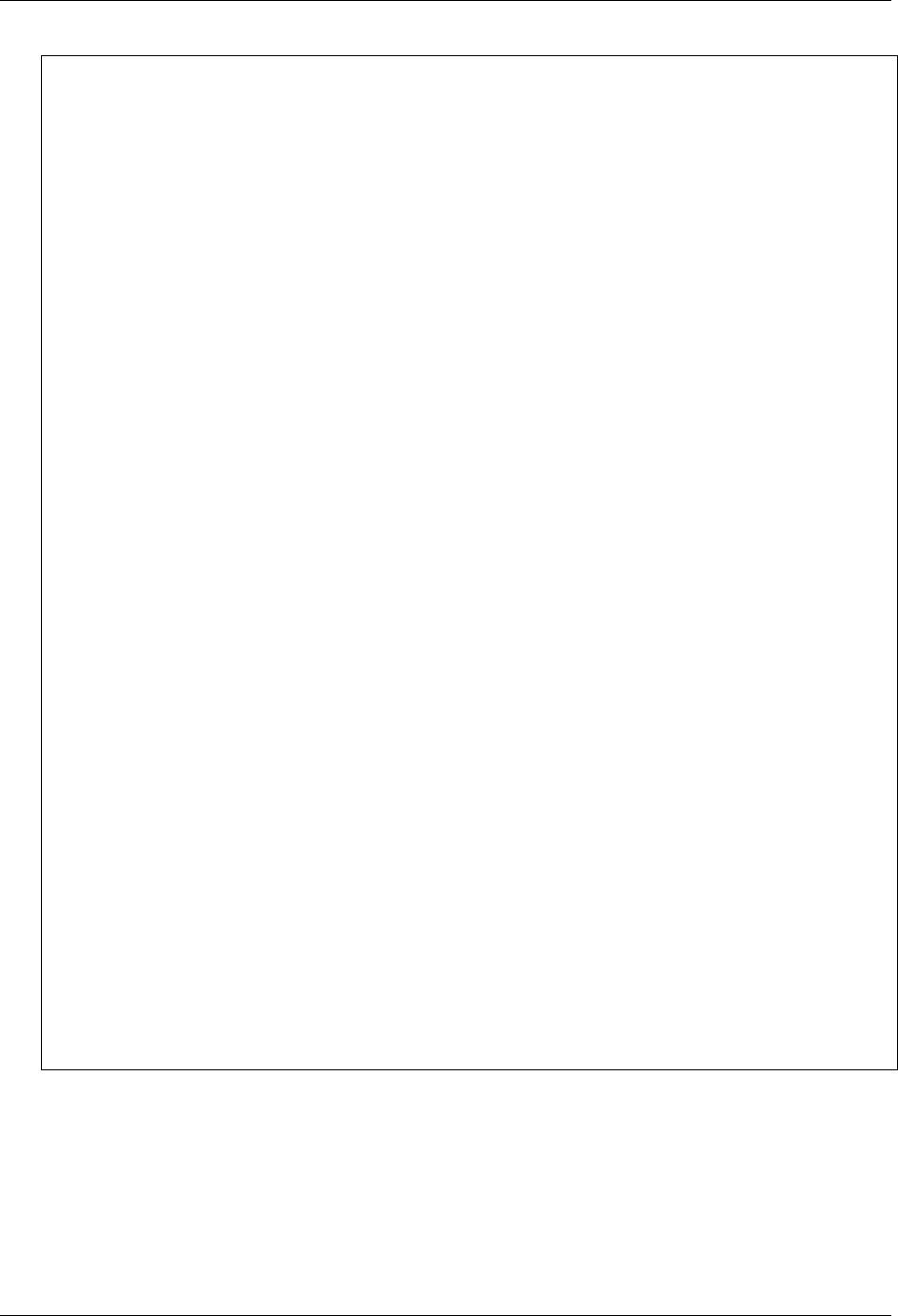
GeoServer User Manual, Release 2.15.1
title: Population 2M-4M
filter: ${PERSONS BETWEEN '2000000' AND '4000000'}
scale: [min,max]
symbolizers:
- polygon:
fill-color: F78B4
fill-opacity: 0.7
- name: '> 4M'
title: Population > 4M
filter: ${PERSONS > '4000000'}
scale: [min,max]
symbolizers:
- polygon:
fill-color: '#B2DF8A'
fill-opacity: 0.7
- name: State Outlines
title: State Outlines
scale: [min,max]
symbolizers:
- line:
stroke-color: '#8CADBF'
stroke-width: 0.1
- name: State Abbreviations
title: State Abbreviations
scale: ['1.75E7','3.5E7']
symbolizers:
- text:
label: ${STATE_ABBR}
font-family: SansSerif
font-size: 12
font-style: Normal
font-weight: normal
placement: point
anchor: [0.5,0.5]
- name: State Names
title: State Names
scale: [min,'1.75E7']
symbolizers:
- text:
label: ${STATE_NAME}
font-family: SansSerif
font-size: 12
font-style: Normal
font-weight: normal
placement: point
anchor: [0.5,0.5]
x-maxDisplacement: 100
x-goodnessOfFit: 0.9
YSLD Workshop Answer Key
The following questions were listed through out the workshop as an
opportunity to explore the material in greater depth. Please do your
best to consider the questions in detail prior to checking here for
the answer. Questions are provided to teach valuable skills, such as
a chance to understand how feature type styles are used to control
6.7. Styling Workshop 973
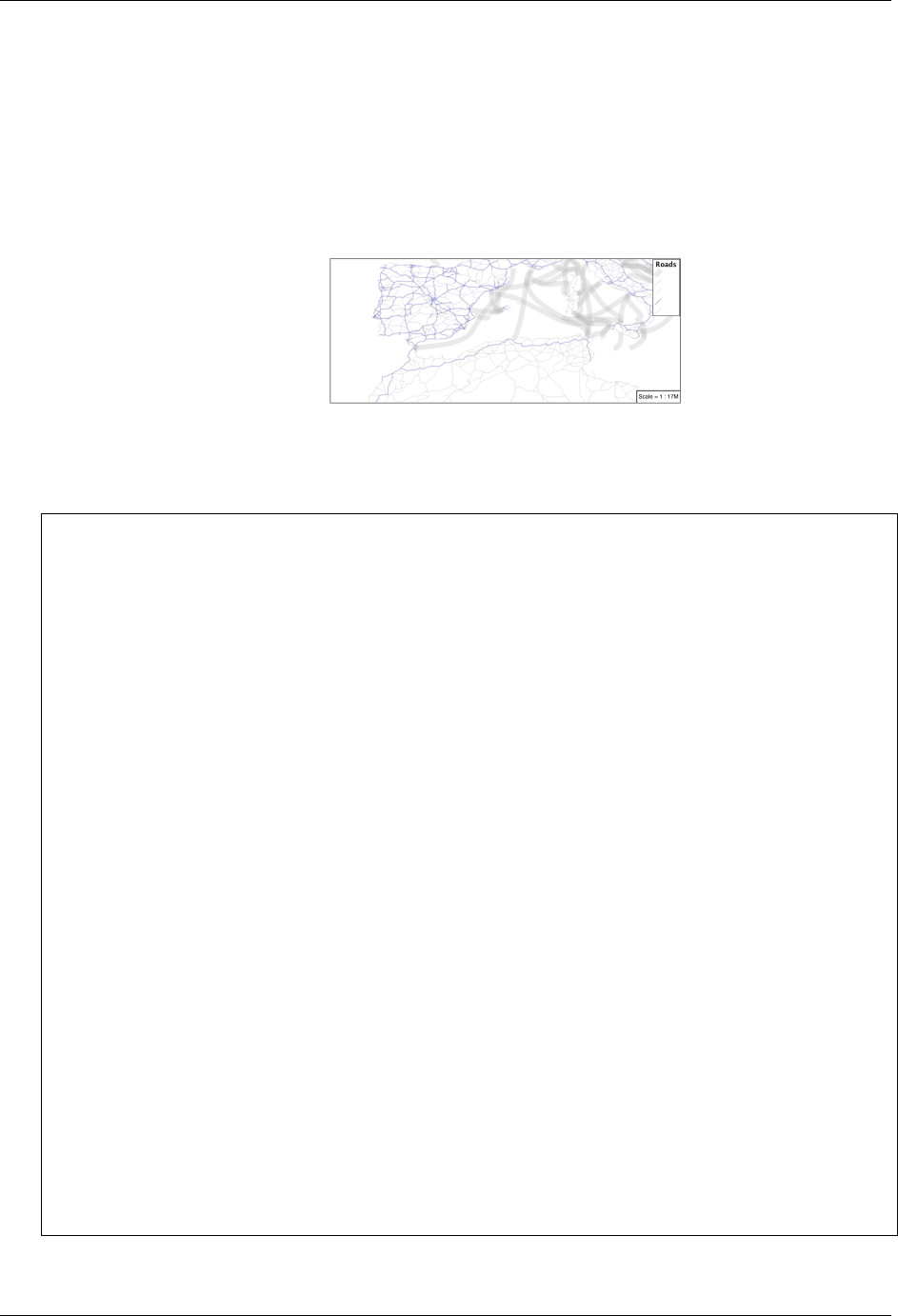
GeoServer User Manual, Release 2.15.1
z-order, or where to locate information in the user manual.
Classification
Answer for Challenge Classification:
1. Challenge: Create a new style adjust road appearance based on
type.
Hint: The available values are ‘Major Highway’,’Secondary High-
way’,’Road’ and ‘Unknown’.
2. Here is an example:
define: &common
stroke-opacity: 0.25
rules:
- filter: ${type = 'Major Highway'}
symbolizers:
- line:
stroke-color: '#000088'
stroke-width: 1.25
<<: *common
- filter: ${type = 'Secondary Highway'}
symbolizers:
- line:
stroke-color: '#8888AA'
stroke-width: 0.75
<<: *common
- filter: ${type = 'Road'}
symbolizers:
- line:
stroke-color: '#888888'
stroke-width: 0.75
<<: *common
- filter: ${type = 'Unknown'}
symbolizers:
- line:
stroke-color: '#888888'
stroke-width: 0.5
<<: *common
- else: true
symbolizers:
- line:
stroke-color: '#AAAAAA'
stroke-width: 0.5
<<: *common
974 Chapter 6. Styling
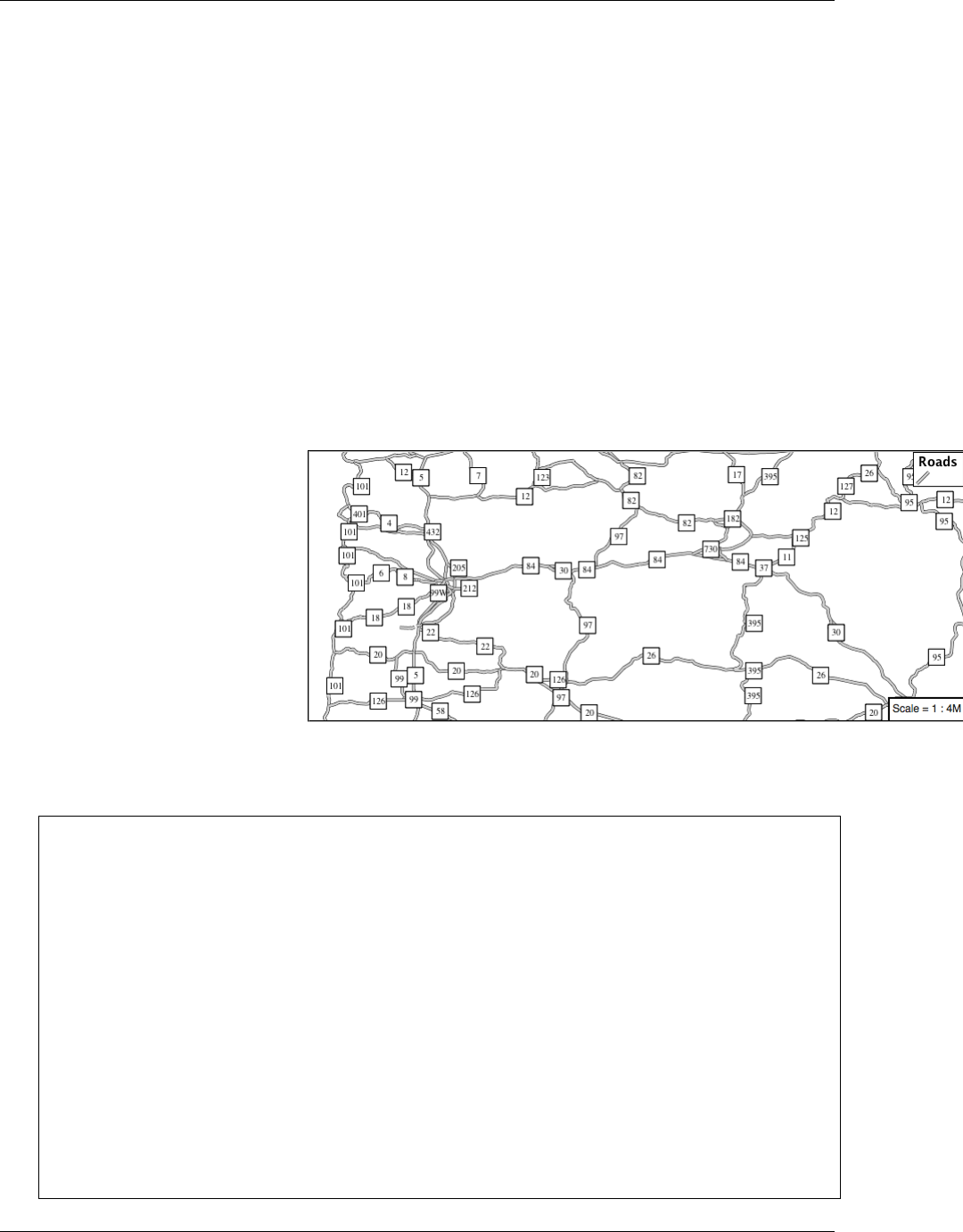
GeoServer User Manual, Release 2.15.1
One Rule Classification
Answer for Challenge One Rule Classification:
1. Challenge: Create a new style and classify the roads based on their
scale rank using expressions in a single rule instead of multiple rules
with filters.
2. This exercise requires looking up information in the user guide, the
search tearm recode provides several examples.
• The YSLD Reference theming functions provides a clear example.
Label Shields
Answer for Challenge Label Shields:
1. Challenge: Have a look at the documentation for putting a graphic
on a text symbolizer in SLD and reproduce this technique in YSLD.
2. The use of a label shield is a vendor specific capability of the
GeoServer rendering engine. The tricky part of this exercise is find-
ing the documentation online ( i.e. TextSymbolizer - Graphic).
symbolizers:
- line:
stroke-color: '#000000'
stroke-width: 3
- line:
stroke-color: '#D3D3D3'
stroke-width: 2
- text:
label: ${name}
fill-color: '#000000'
font-family: Ariel
font-size: 10
font-style: normal
font-weight: normal
placement: point
graphic:
size: 18
symbols:
- mark:
6.7. Styling Workshop 975
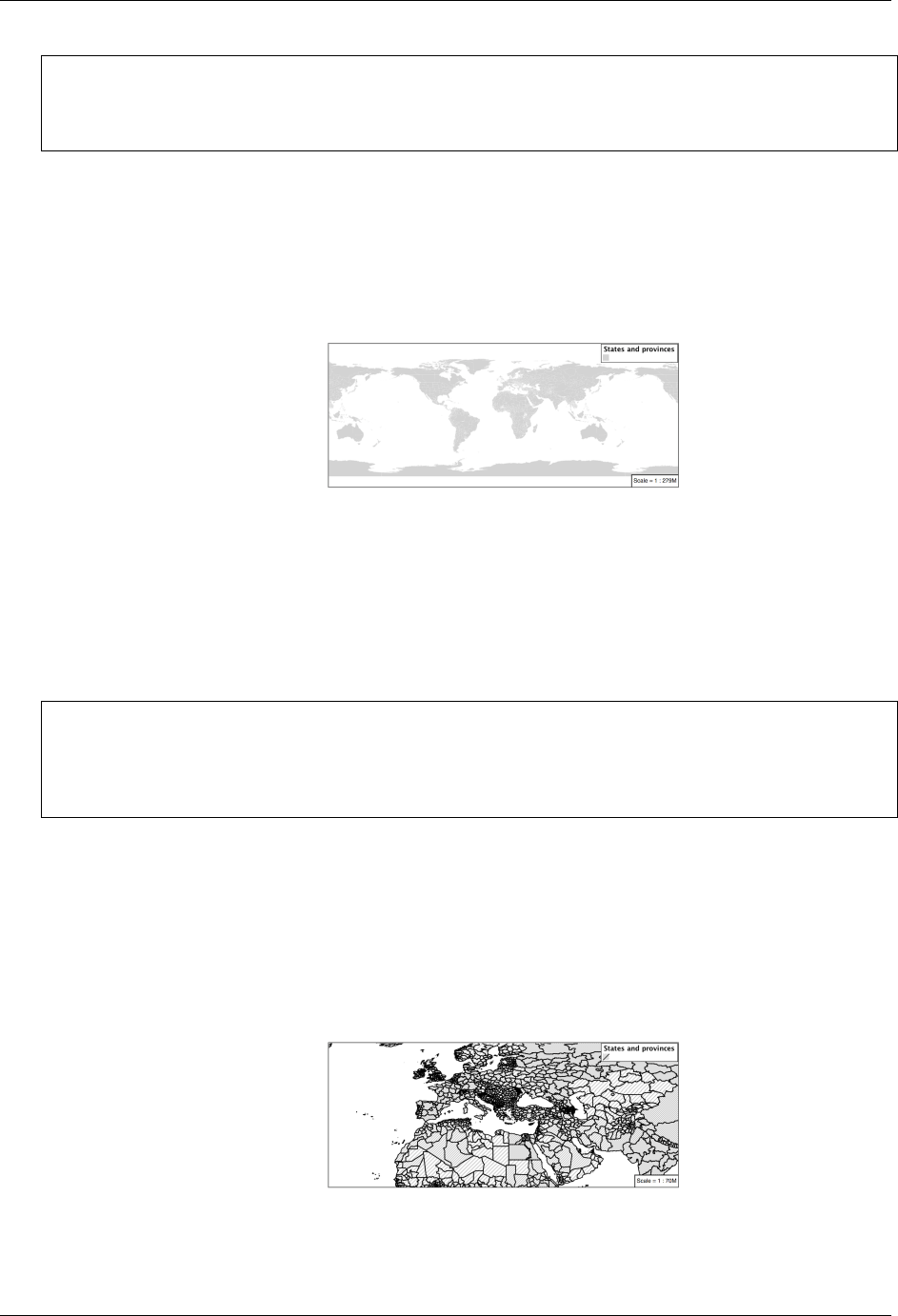
GeoServer User Manual, Release 2.15.1
shape: square
stroke-color: '#000000'
stroke-width: 1
fill-color: '#FFFFFF'
Antialiasing
Answer for Explore Antialiasing:
1. When we rendered our initial preview, without a stroke, thin white
gaps (or slivers) are visible between our polygons.
This effect is made more pronounced by the rendering engine mak-
ing use of the Java 2D sub-pixel accuracy. This technique is primar-
ily used to prevent an aliased (stair-stepped) appearance on diago-
nal lines.
2. Explore: Experiment with fill and stroke settings to eliminate sliv-
ers between polygons.
The obvious approach works - setting both values to the same color:
symbolizers:
- polygon:
stroke-color: 'lightgrey'
stroke-width: 1
fill-color: 'lightgrey'
Categorize
Answer for Explore Categorize:
1. An exciting use of the GeoServer shape symbols is the theming by
changing the size used for pattern density.
2. Explore: Use the Categorize function to theme by datarank.
Example:
976 Chapter 6. Styling
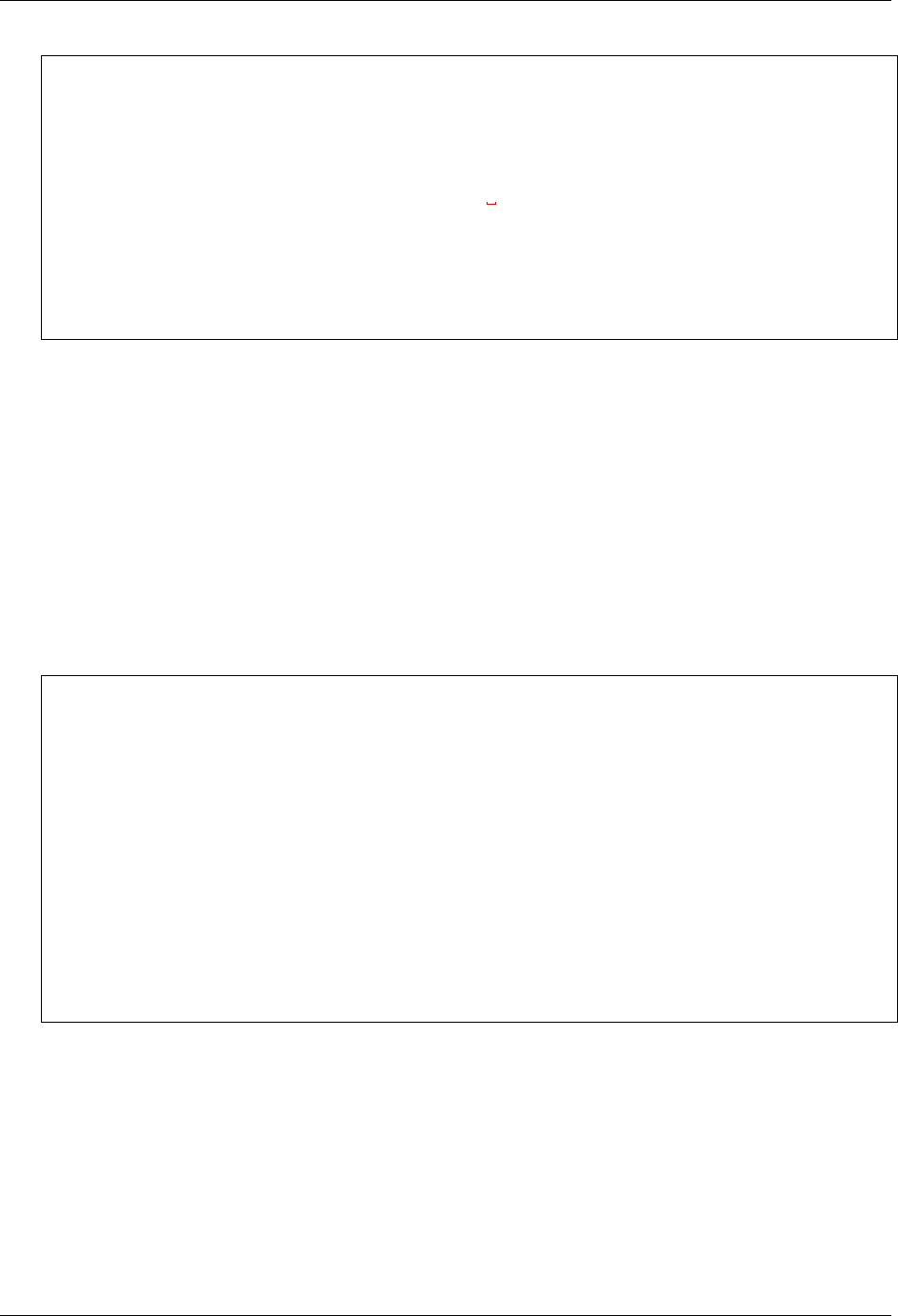
GeoServer User Manual, Release 2.15.1
symbolizers:
- polygon:
stroke-color: 'black'
stroke-width: 1
fill-color: 'gray'
fill-graphic:
size:
,→${Categorize(datarank,'4','4','5','6','8','10','10')}
symbols:
- mark:
shape: shape://slash
stroke-color: 'darkgray'
stroke-width: 1
Halo
Answer for Challenge Halo:
1. The halo example used the fill color and opacity for a muted halo,
while this improved readability it did not bring attention to our la-
bels.
A common design choice for emphasis is to outline the text in a con-
trasting color.
2. Challenge: Produce a map that uses a white halo around black text.
Here is an example:
symbolizers:
- polygon:
stroke-color: 'gray'
stroke-width: 1
fill-color: '#7EB5D3'
- text:
label: ${name}
fill-color: 'black'
halo:
fill-color: 'white'
radius: 1
font-family: Arial
font-size: 14
font-style: normal
font-weight: normal
anchor: [0.5,0.5]
Theming using Multiple Attributes
Answer for Challenge Theming using Multiple Attributes:
1. A powerful tool is theming using multiple attributes. This is an im-
portant concept allowing map readers to perform “integration by
eyeball” (detecting correlations between attribute values informa-
tion).
6.7. Styling Workshop 977
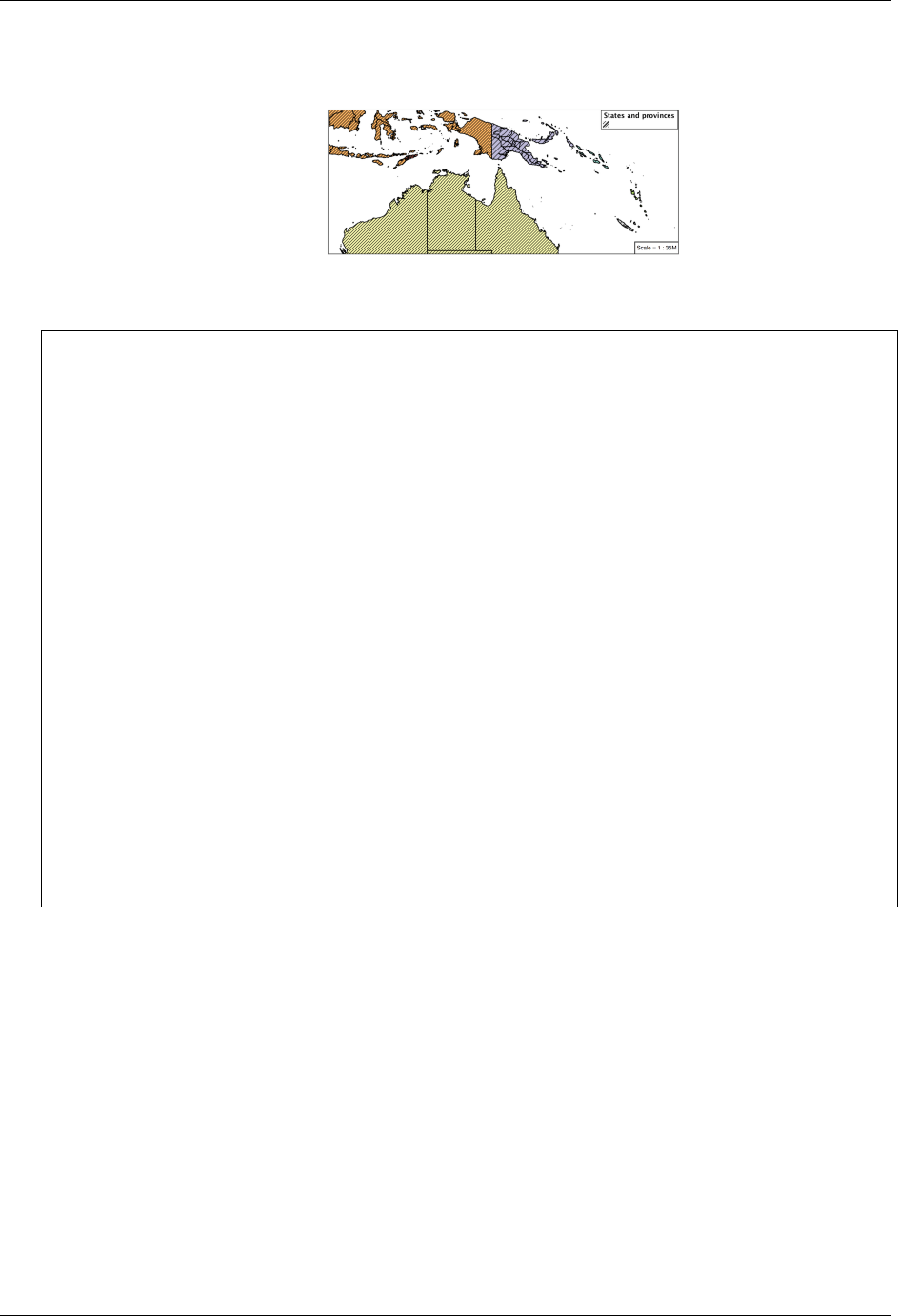
GeoServer User Manual, Release 2.15.1
2. Challenge: Combine the mapcolor9 and datarank examples to re-
produce the following map.
This should be a cut and paste using the recode example, and
categorize examples already provided.
symbolizers:
- polygon:
stroke-color: 'black'
stroke-width: 1
fill-color: ${Recode(mapcolor9,
'1','#8dd3c7',
'2','#ffffb3',
'3','#bebada',
'4','#fb8072',
'5','#80b1d3',
'6','#fdb462',
'7','#b3de69',
'8','#fccde5',
'9','#d9d9d9')}
- polygon:
stroke-color: 'black'
stroke-width: 1
fill-color: 'gray'
fill-graphic:
size: $
,→{Categorize(datarank,'6','4','8','6','10','10','12')}
symbols:
- mark:
shape: shape://slash
stroke-color: 'black'
stroke-width: 1
fill-color: 'gray'
Use of Feature styles
Answer for Challenge Use of Feature styles:
1. Using multiple feature-styles to simulate line string casing. The
resulting effect is similar to text halos - providing breathing space
around complex line work allowing it to stand out.
2. Challenge: Use what you know of LineString feature-styles to re-
produce the following map:
978 Chapter 6. Styling
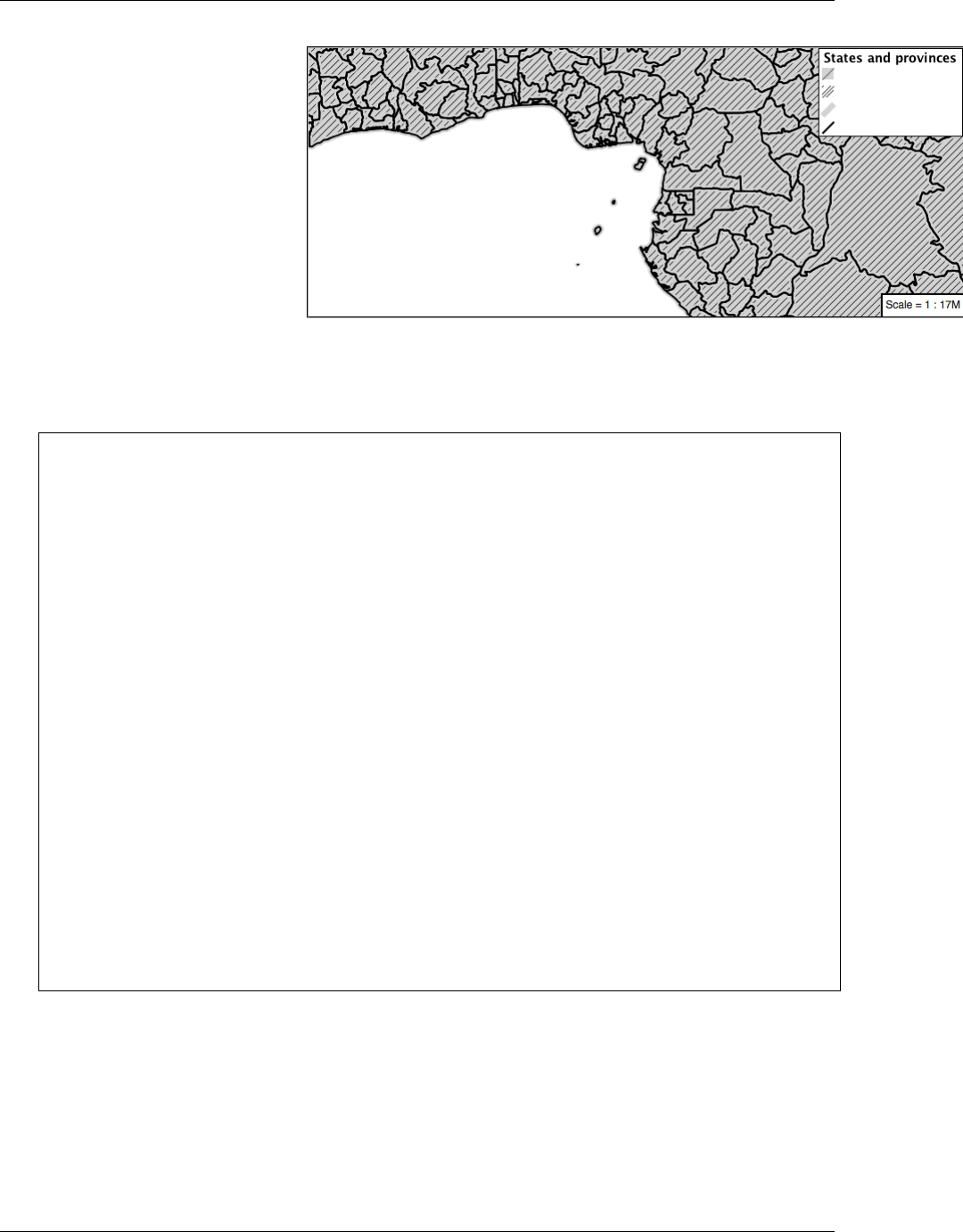
GeoServer User Manual, Release 2.15.1
This is much easier when using YSLD, where z-order is controlled
by feature-style order. In this instance, multiple symbolizers within
a feature-style will not work, as the order within a feature-style is
only consistent per-feature (not per-layer).
feature-styles:
- rules:
- symbolizers:
- polygon:
stroke-width: 1.0
fill-color: 'lightgrey'
- rules:
- symbolizers:
- polygon:
stroke-width: 1.0
fill-color: 'gray'
fill-graphic:
size: 8
symbols:
- mark:
shape: shape://slash
stroke-color: 'black'
stroke-width: 0.75
- rules:
- symbolizers:
- line:
stroke-color: 'lightgrey'
stroke-width: 6
- rules:
- symbolizers:
- line:
stroke-color: 'black'
stroke-width: 1.5
The structure of the legend graphic provides an indication on what
is going on.
Geometry Location
Answer for Challenge Geometry Location:
1. The mark property can be used to render any geometry content.
6.7. Styling Workshop 979
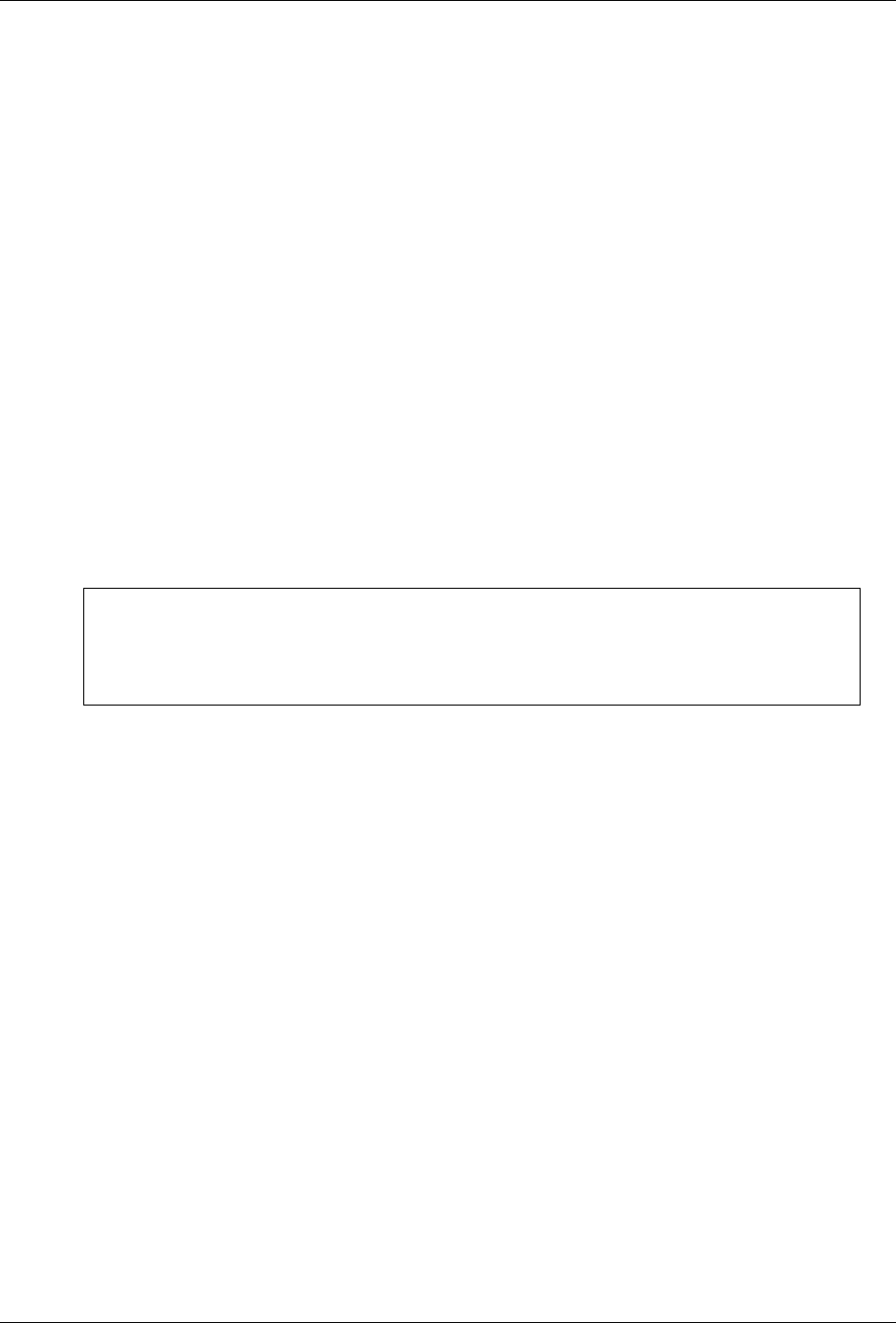
GeoServer User Manual, Release 2.15.1
2. Challenge: Try this yourself by rendering a polygon layer using a
mark property.
This can be done one of two ways:
• Changing the association of a polygon layer, such as
ne:states_provinces_shp to point_example and using
the layer preview page.
• Changing the Layer Preview tab to a polygon layer, such as
ne:states_provinces_shp.
The important thing to notice is that the centroid of each polygon is
used as a point location.
Dynamic Symbolization
Answer for Explore Dynamic Symbolization:
1. SLD Mark and ExternalGraphic provide an opportunity for dy-
namic symbolization.
This is accomplished by embedding a small CQL expression in the
string passed to symbol or url. This sub-expression is isolated with
${ } as shown:
- point:
symbols:
- mark:
shape: ${if_then_else(equalTo(FEATURECLA,
,→'Admin-0 capital'),'star','circle')}
2. Challenge: Use this approach to rewrite the Dynamic Styling exam-
ple.
Example available here point_example.css :
Layer Group
Answer for Challenge Layer Group:
1. Use a Layer Group to explore how symbology works together to
form a map.
• ne:NE1
• ne:states_provincces_shp
• ne:populated_places
2. This background is relatively busy and care must be taken to ensure
both symbols and labels are clearly visible.
3. Challenge: Do your best to style populated_places over this busy
background.
Here is an example with labels for inspiration:
980 Chapter 6. Styling
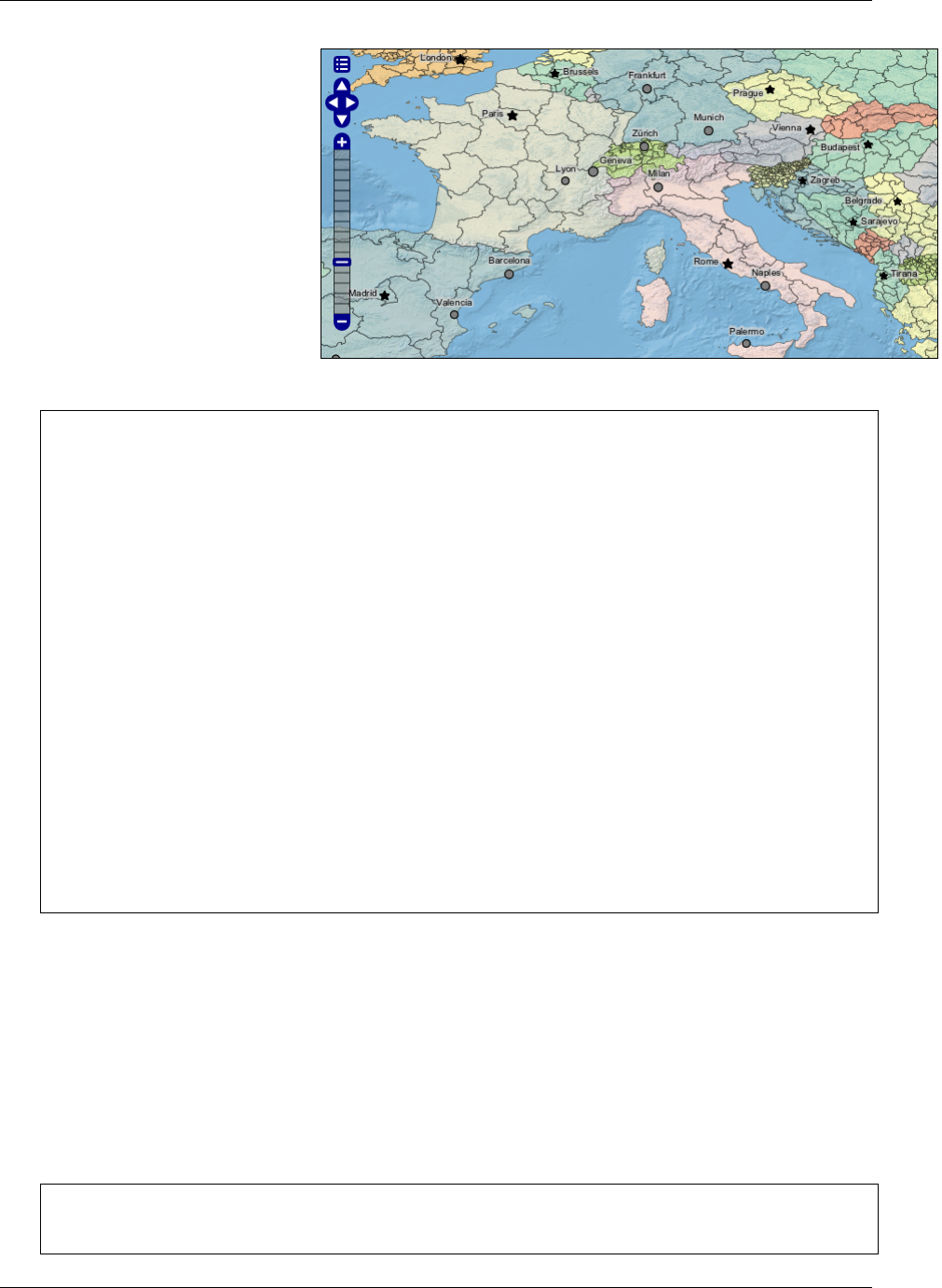
GeoServer User Manual, Release 2.15.1
This is opportunity to revisit label halo settings from Polygons:
symbolizers:
- point:
size: ${'5' + '10' - SCALERANK / '3'}
symbols:
- mark:
shape: circle
stroke-color: 'white'
stroke-width: 1
stroke-opacity: 0.75
fill-color: 'black'
x-labelObstacle: true
- text:
label: ${name}
fill-color: 'black'
font-family: Arial
font-size: 14
anchor: [0.5, 1]
offset: [0 ${'-12' + SCALERANK}]
halo:
fill-color: `lightgray`
radius: 2
opacity: 0.7
priority: ${`0` - LABELRANK}
x-maxDisplacement: 90
Using a lightgray halo, 0.7 opacity and radius 2 fades out the com-
plexity immediately surrounding the label text improving legibility.
Contrast Enhancement
Discussion for Explore Contrast Enhancement:
1. A special effect that is effective with grayscale information is auto-
matic contrast adjustment.
2. Make use of a simple contrast enhancement with usgs:dem:
symbolizers:
- raster:
opacity: 1.0
6.7. Styling Workshop 981
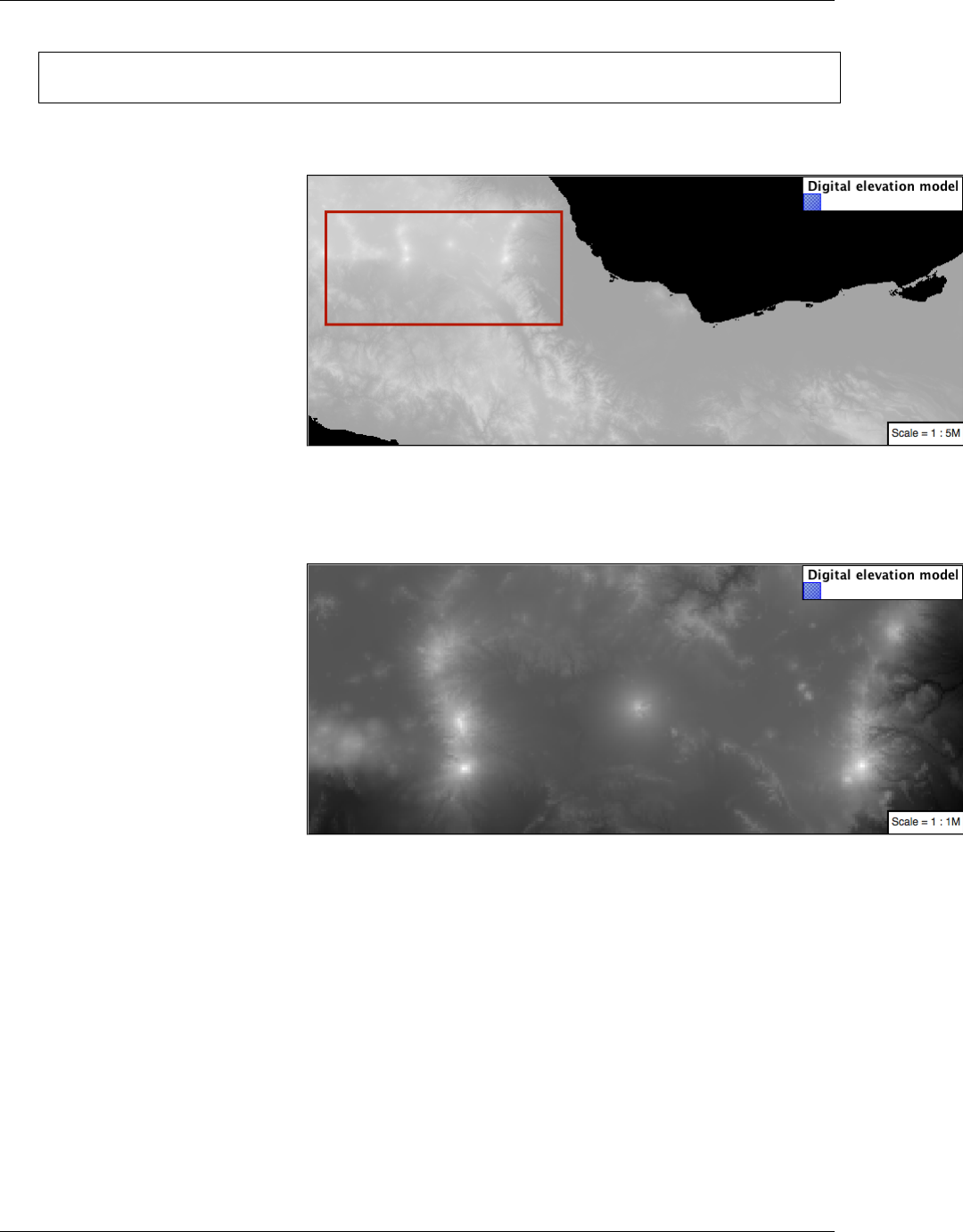
GeoServer User Manual, Release 2.15.1
contrast-enhancement:
mode: normalize
3. Can you explain what happens when zoom in to only show a land
area (as indicated with the bounding box below)?
What happens is insanity, normalize stretches the palette of the out-
put image to use the full dynamic range. As long as we have ocean
on the screen (with value 0) the land area was shown with roughly
the same presentation.
Once we zoom in to show only a land area, the lowest point on the
screen (say 100) becomes the new black, radically altering what is
displayed on the screen.
Intervals
Answer for Challenge Intervals:
1. The color-map type property dictates how the values are used to
generate a resulting color.
•ramp is used for quantitative data, providing a smooth interpolation between the provided color
values.
•intervals provides categorization for quantitative data, assigning each range of values a solid
color.
982 Chapter 6. Styling

GeoServer User Manual, Release 2.15.1
•values is used for qualitative data, each value is required to have a color-map entry or it will
not be displayed.
2. Chalenge: Update your DEM example to use intervals for presen-
tation. What are the advantages of using this approach for elevation
data?
By using intervals it becomes very clear how relatively flat most of
the continent is. The ramp presentation provided lots of fascinating
detail which distracted from this fact.
Here is style for you to cut and paste:
symbolizers:
- raster:
opacity: 1.0
color-map:
type: intervals
entries:
- ['#014636',0,0,null]
- ['#014636',1.0,1,null]
- ['#016C59',1.0,500,null]
- ['#02818A',1.0,1000,null]
- ['#3690C0',1.0,1500,null]
- ['#67A9CF',1.0,2000,null]
- ['#A6BDDB',1.0,2500,null]
- ['#D0D1E6',1.0,3000,null]
- ['#ECE2F0',1.0,3500,null]
- ['#FFF7FB',1.0,4000,null]
Clear Digital Elevation Model Presentation
Answer for Challenge Clear Digital Elevation Model Presentation:
1. Now that you have seen the data on screen and have a better under-
standing how would you modify our initial gray-scale example?
2. Challenge: Use what you have learned to present the usgs:dem
clearly.
6.7. Styling Workshop 983
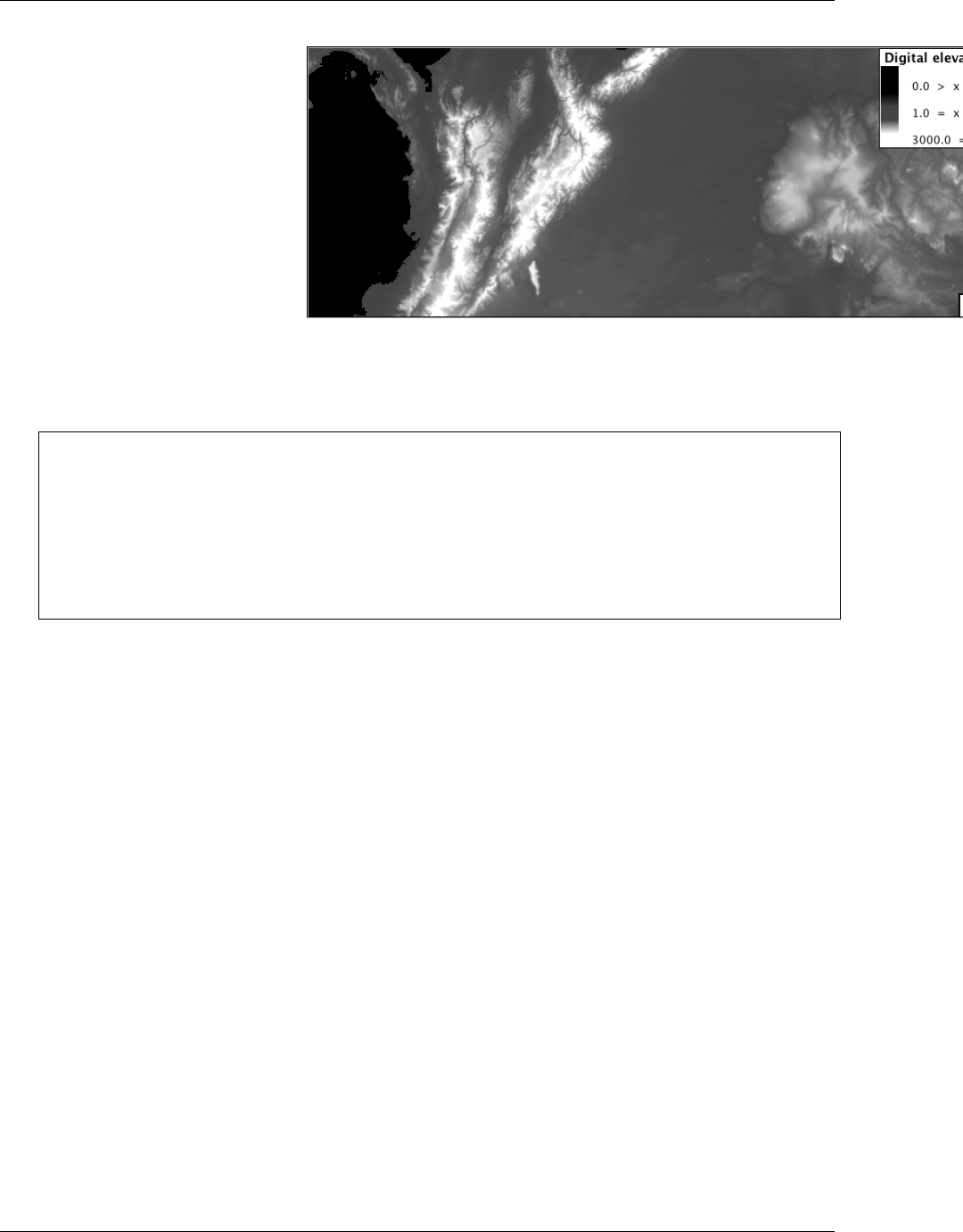
GeoServer User Manual, Release 2.15.1
The original was a dark mess. Consider making use of mid-tones
(or adopting a sequential palette from color brewer) in order to fix
this. In the following example the ocean has been left dark, allowing
the mountains stand out more.
symbolizers:
- raster:
opacity: 1.0
color-map:
type: ramp
entries:
- ['#000000',1.0,0,null]
- ['#444444',1.0,1,null]
- ['#FFFFFF',1.0,3000,null]
Raster Opacity
Discussion for Challenge Clear Digital Elevation Model Presentation:
1. There is a quick way to make raster data transparent, raster opacity
property works in the same fashion as with vector data. The raster
as a whole will be drawn partially transparent allow content from
other layers to provide context.
2. Challenge: Can you think of an example where this would be use-
ful?
This is difficult as raster data is usually provided for use as a
basemap, with layers being drawn over top.
The most obvious example here is the display of weather systems,
or model output such as fire danger. By drawing the raster with
some transparency, the landmass can be shown for context.
6.7.5 MBStyle Styling Workbook
GeoServer styling can be used for a range of creative effects. This
section introduces the MBStyle Extension which can be used as alter-
native to SLD files.
984 Chapter 6. Styling
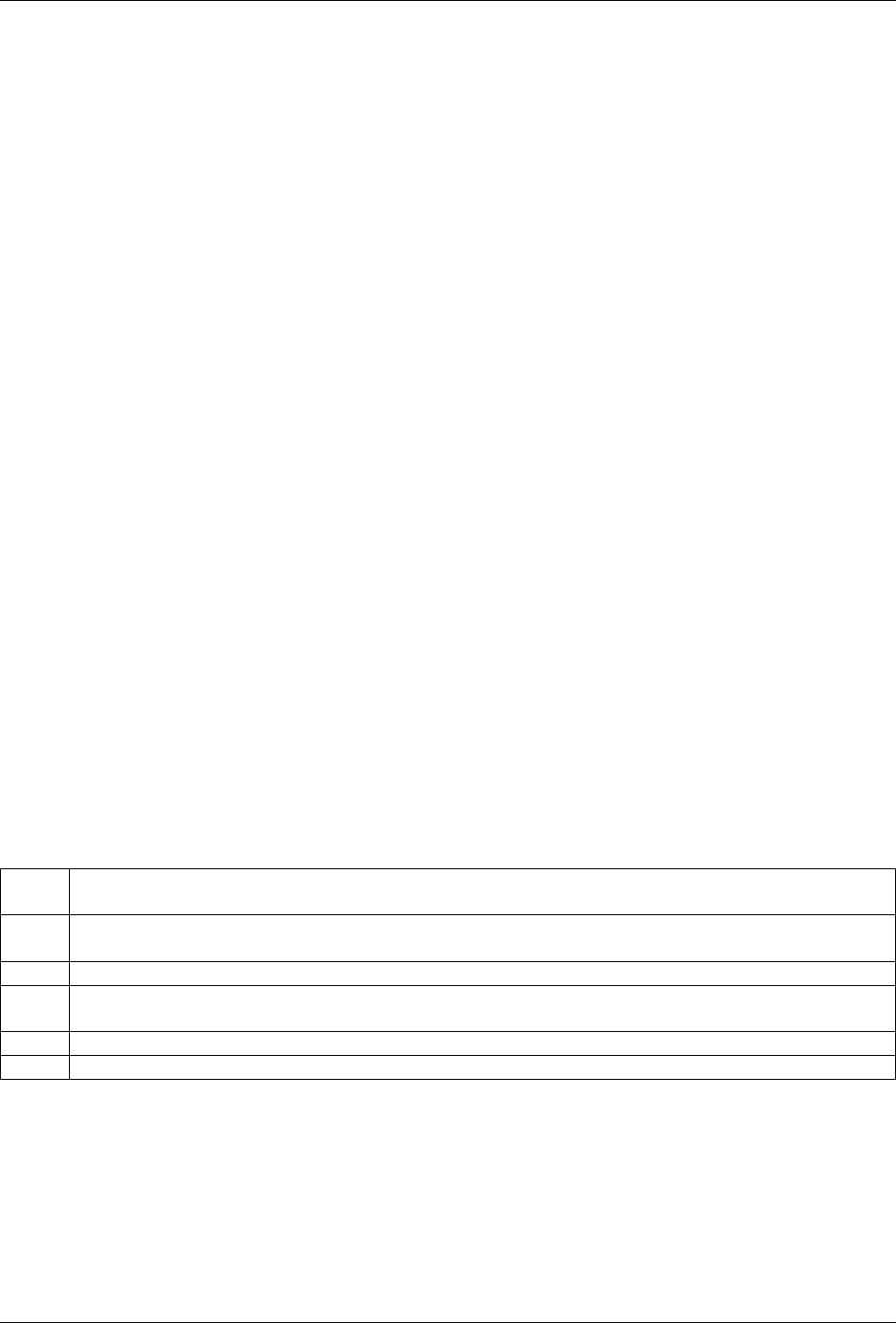
GeoServer User Manual, Release 2.15.1
MBStyle Quickstart
In the last section, we saw how the OGC defines style using XML
documents (called SLD files).
We will now explore GeoServer styling in greater detail using a
tool to generate our SLD files. The MBStyle GeoServer extension
is used to generate SLD files using the MabBox Style styling lan-
guage. Styles written in this language can also be used to style vector
tiles in client-side applications.
Using the MBStyle extension to define styles results in shorter ex-
amples that are easier to understand. At any point we will be able
to review the generated SLD file.
Reference:
•MBStyle Reference
MBStyle Syntax
This section provides a quick introduction to MBStyle syntax for
mapping professionals who may not be familiar with JSON.
JSON Syntax
All MBStyles consist of a JSON document. There are three types of
structures in a JSON document:
1. Object, a collection of key-value pairs. All JSON documents are
JSON objects.
2. Array, a collection of values.
3. Value, the value in a key-value pair, or an entry in an array. Values
can be objects, arrays, strings, numbers, true,false, or null.
Ob-
ject
A collection of key-value pairs, enclosed by curly braces and delimited by commas. Keys are
surronded by quotes and seperarted from values by a colon.
Ar-
ray
A collection values, enclosed by square brackets and delimited by commas.
String Text value. Must be surrounded by quotes.
Num-
ber
Numerical value. Must not be surrounded by quotes.
Booleantrue or false.
Null null. Represents an undefined or unset value.
MBStyle Specification
The Mapbox Style specification defines a number of additional rules
that MBStyles must follow.
6.7. Styling Workshop 985
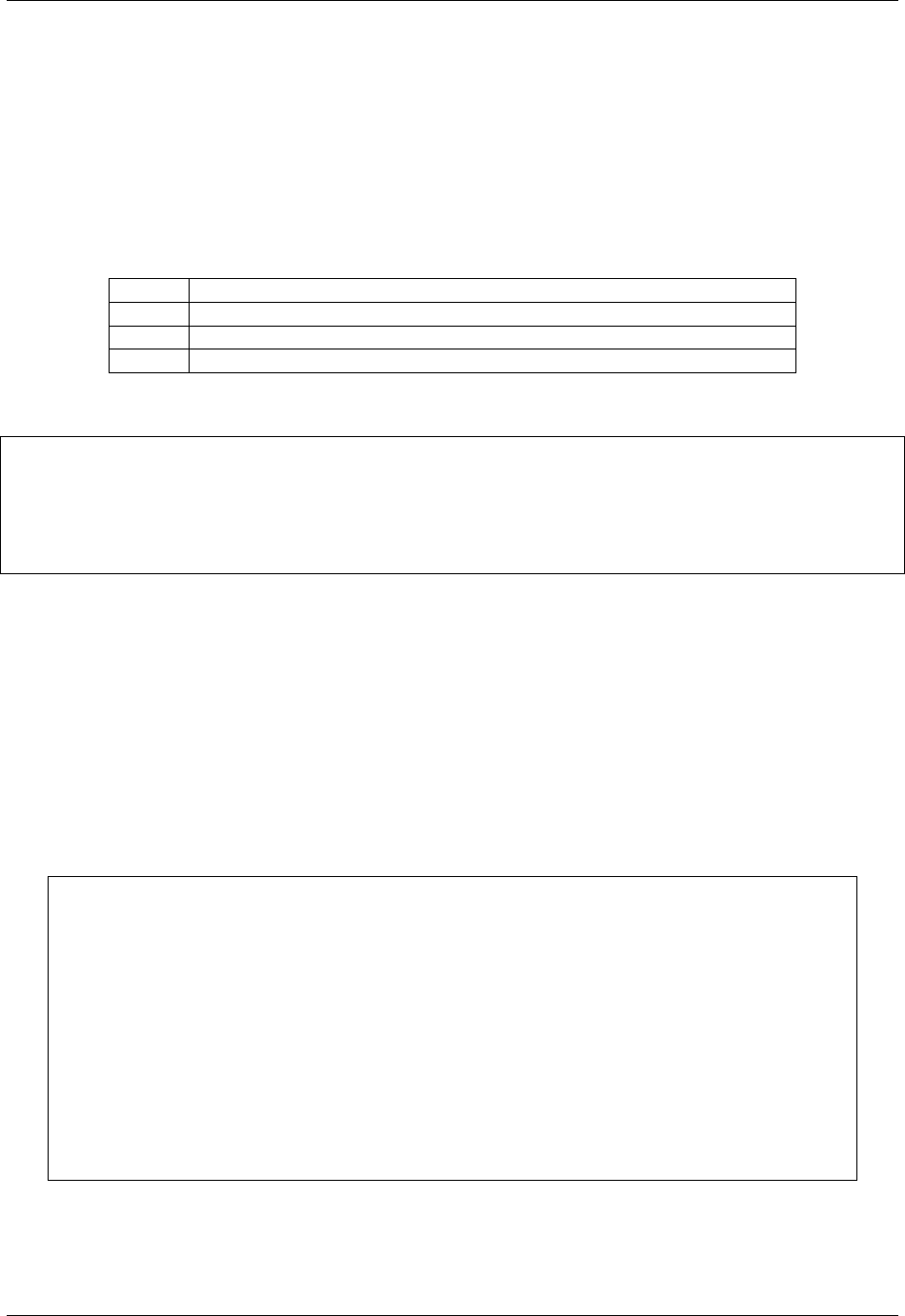
GeoServer User Manual, Release 2.15.1
Root-level Properties
Root level properties of a Mapbox style specify the map’s layers, tile
sources and other resources, and default values for the initial camera
position when not specified elsewhere.
The following root-level properties are required for all MBStyles.
Additional root-level properties which are supported but not re-
quired can be found in the spec.
version The version of the Mapbox Style specification to use. Must be set to 8.
name The name of the style.
sources An object defining the source data. Not used by GeoServer.
layers An array of layer style objects
For example:
{
"version":8,
"name":"Streets",
"sources": {...},
"layers": [...]
}
Sources
The sources parameter consists of a collection of named sources
which define vector tile data the style is to be applied to. This is
only used for MBStyles used in client-side applications, and is ig-
nored by GeoServer. If you are only using MBStyles to style your
layers within GeoServer, you don’t need a sources parameter. How-
ever, if you also want to use your MBStyles for client-side styling,
you will need the sources parameter.
A GeoServer vector tile source would be defined like this:
{
"cookbook": {
"type":"vector",
"tiles": [
"http://localhost:8080/geoserver/gwc/
,→service/wmts?REQUEST=GetTile&SERVICE=WMTS&VERSION=1.
,→0.0&LAYER=cookbook&STYLE=&TILEMATRIX=EPSG:900913:
,→{z}&TILEMATRIXSET=EPSG:900913&FORMAT=application/x-
,→protobuf;type=mapbox-vector&TILECOL={x}&TILEROW={y}"
],
"minZoom":0,
"maxZoom":14
}
}
986 Chapter 6. Styling

GeoServer User Manual, Release 2.15.1
Layers
The layers parameter contains the primary layout and styling infor-
mation in the MBStyle. Each layer in the layers list is a self-contained
block of styling information. Layers are applied in order, so the last
layer in the layers list will be rendered at the top of the image.
Note: A layer in an MBStyle is not the same as a layer in GeoServer. A GeoServer layer is a raster or vector
dataset that represents a collection of geographic features. A MBStyle layer is a block of styling information,
similar to a SLD Symbolizer.
<Example>
Reference:
•MBStyle Styling (User Guide)
•Mapbox Style specification
Compare MBStyle to SLD
The MBStyle extension is built with the same GeoServer rendering
engine in mind, providing access to most of the functionality of SLD.
The two approaches use slightly different terminology: SLD uses
terms familiar to mapping professionals, while MBStyle uses ideas
more familiar to web developers.
SLD Style
Here is an example SLD file for reference:
1<?xml version="1.0" encoding="ISO-8859-1"?>
2<StyledLayerDescriptor version="1.0.0"
3xsi:schemaLocation="http:/
,→/www.opengis.net/sld StyledLayerDescriptor.xsd"
4xmlns="http://www.opengis.net/sld"
5xmlns:ogc="http://www.opengis.net/ogc"
6xmlns:xlink="http://www.w3.org/1999/xlink"
7xmlns:xsi="http://www.w3.org/2001/XMLSchema-instance">
8<NamedLayer>
9<Name>airports</Name>
10 <UserStyle>
11 <Title>Airports</Title>
12 <FeatureTypeStyle>
13 <Rule>
14 <Name>airports</Name>
15 <Title>Airports</Title>
16 <PointSymbolizer>
17 <Graphic>
18 <ExternalGraphic>
19 <OnlineResource xlink:type="simple"
20 xlink:href="airport.svg" />
21 <Format>image/svg</Format>
22 </ExternalGraphic>
6.7. Styling Workshop 987
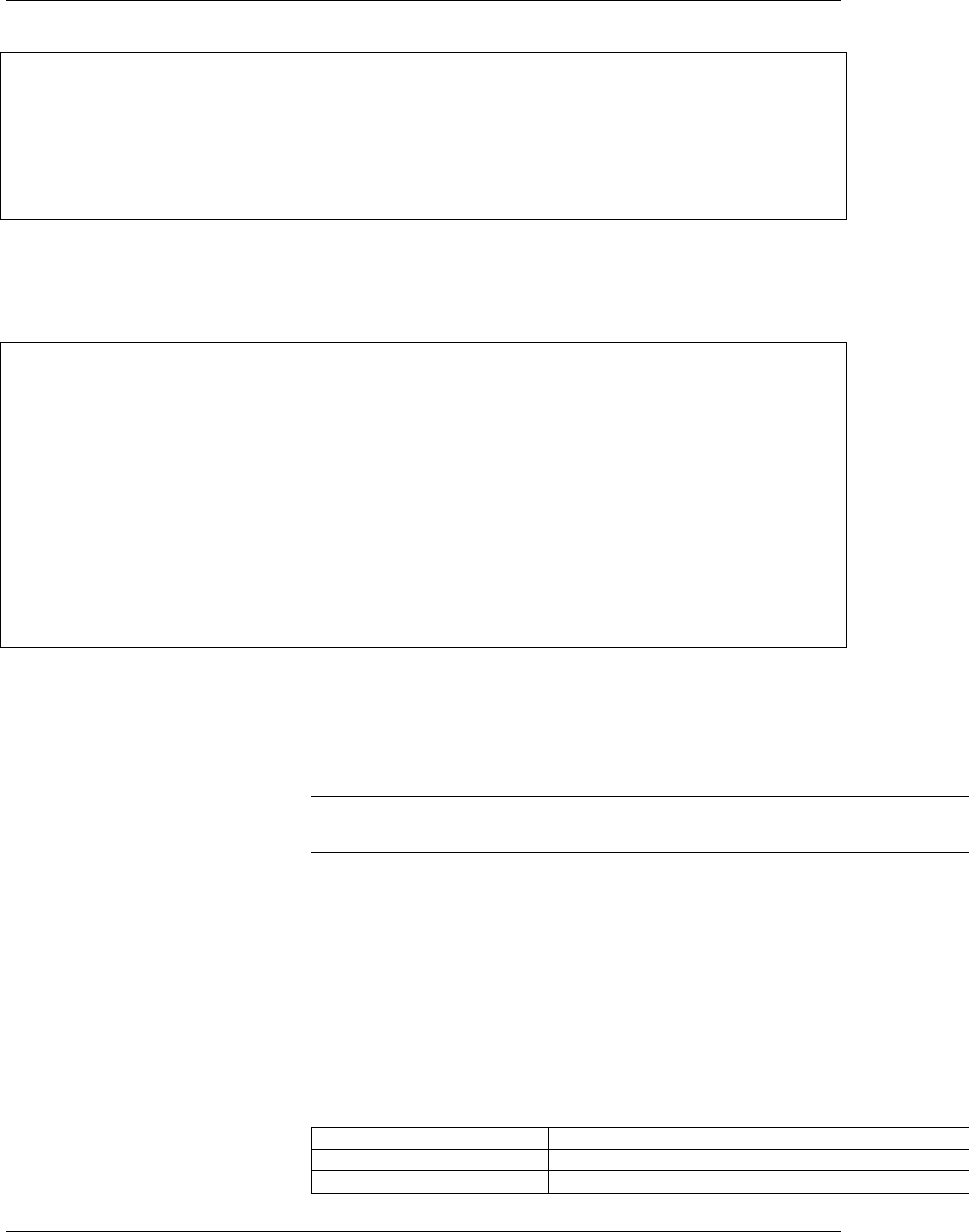
GeoServer User Manual, Release 2.15.1
23 <Size>16</Size>
24 </Graphic>
25 </PointSymbolizer>
26 </Rule>
27 </FeatureTypeStyle>
28 </UserStyle>
29 </NamedLayer>
30 </StyledLayerDescriptor>
MBStyle Style
Here is the same example as MBStyle:
1{
2"version":8,
3"name":"airports",
4"sprite
,→":"http://localhost:8080/geoserver/styles/sprites",
5"layers": [
6{
7"id":"airports",
8"type":"symbol",
9"layout": {
10 "icon-image":"airport"
11 }
12 }
13 ]
14 }
We use a point symbolizer to indicate we want this content drawn
as a Point (line 16 in the SLD, line 8 in the MBStyle). The point
symbolizer declares an external graphic, which contains the URL
airports.svg indicating the image that should be drawn (line 20
in the SLD, line 10 in the MBStyle).
Note: Rather than refer to many diffferent icons seperatly, MBStyles use a single spritesheet containing all
the necessary icons for the style. This is defined by the sprite property at the top-level of the style.
Tour
To confirm everything works, let’s reproduce the airports style
above.
1. Navigate to the Styles page.
2. Each time we edit a style, the contents of the associated SLD file
are replaced. Rather then disrupt any of our existing styles we will
create a new style. Click Add a new style and choose the following:
Name: airports0
Workspace: (leave empty)
Format: MBStyle
988 Chapter 6. Styling
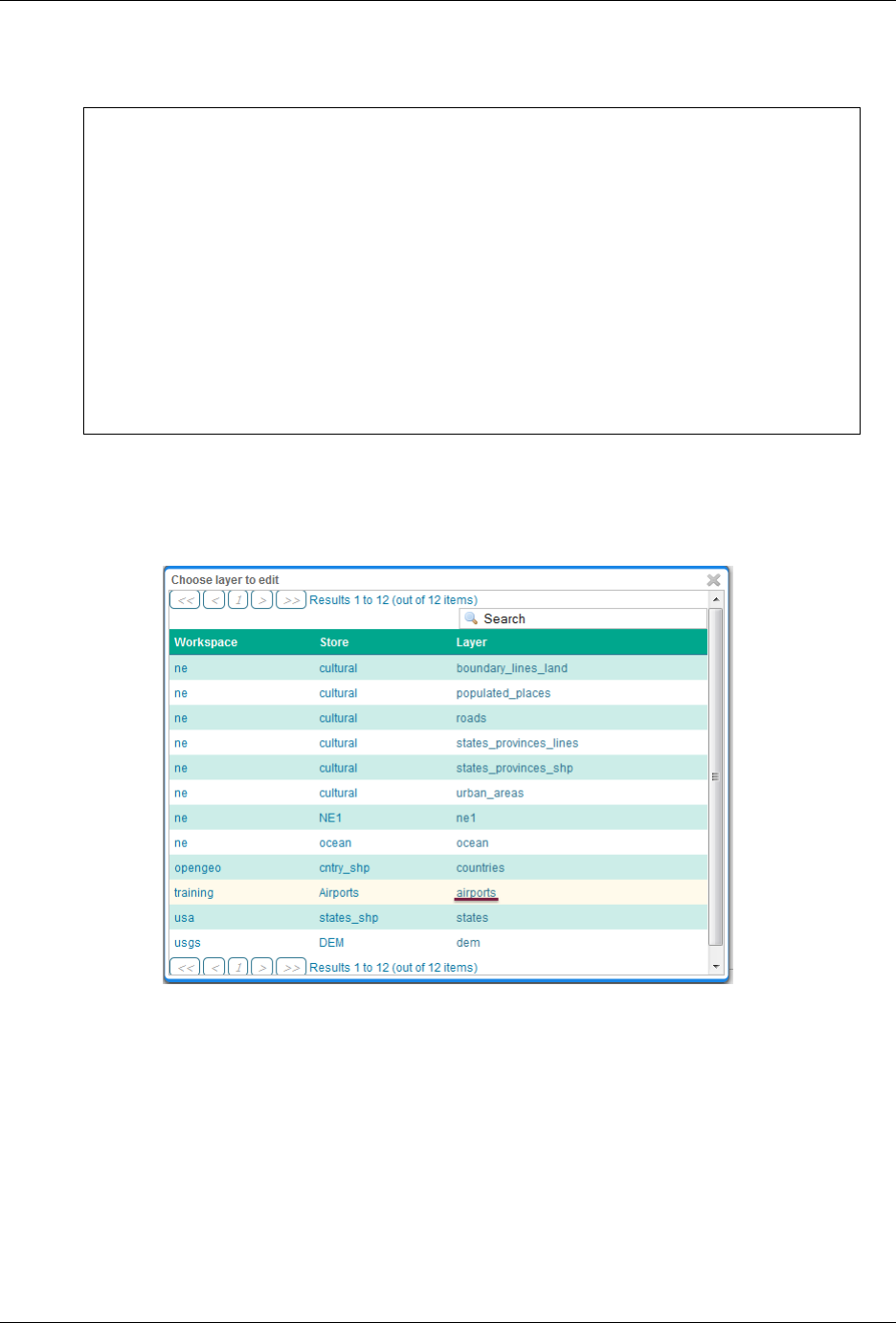
GeoServer User Manual, Release 2.15.1
3. Replace the initial MBStyle definition with with our airport MBStyle
example and click Apply:
{
"version":8,
"name":"airports",
"sprite
,→":"http://localhost:8080/geoserver/styles/sprites",
"layers": [
{
"id":"airports",
"type":"symbol",
"layout": {
"icon-image":"airport"
}
}
]
}
4. Click the Layer Preview tab to preview the style. We want to preview
on the aiports layer, so click the name of the current layer and select
ne:airports from the list that appears. You can use the mouse
buttons to pan and scroll wheel to change scale.
Fig. 6.308: Choosing the airports layer
5. Click Layer Data for a summary of the selected data.
Bonus
Finished early? For now please help your neighbour so we can pro-
ceed with the workshop.
If you are really stuck please consider the following challenge rather
than skipping ahead.
6.7. Styling Workshop 989
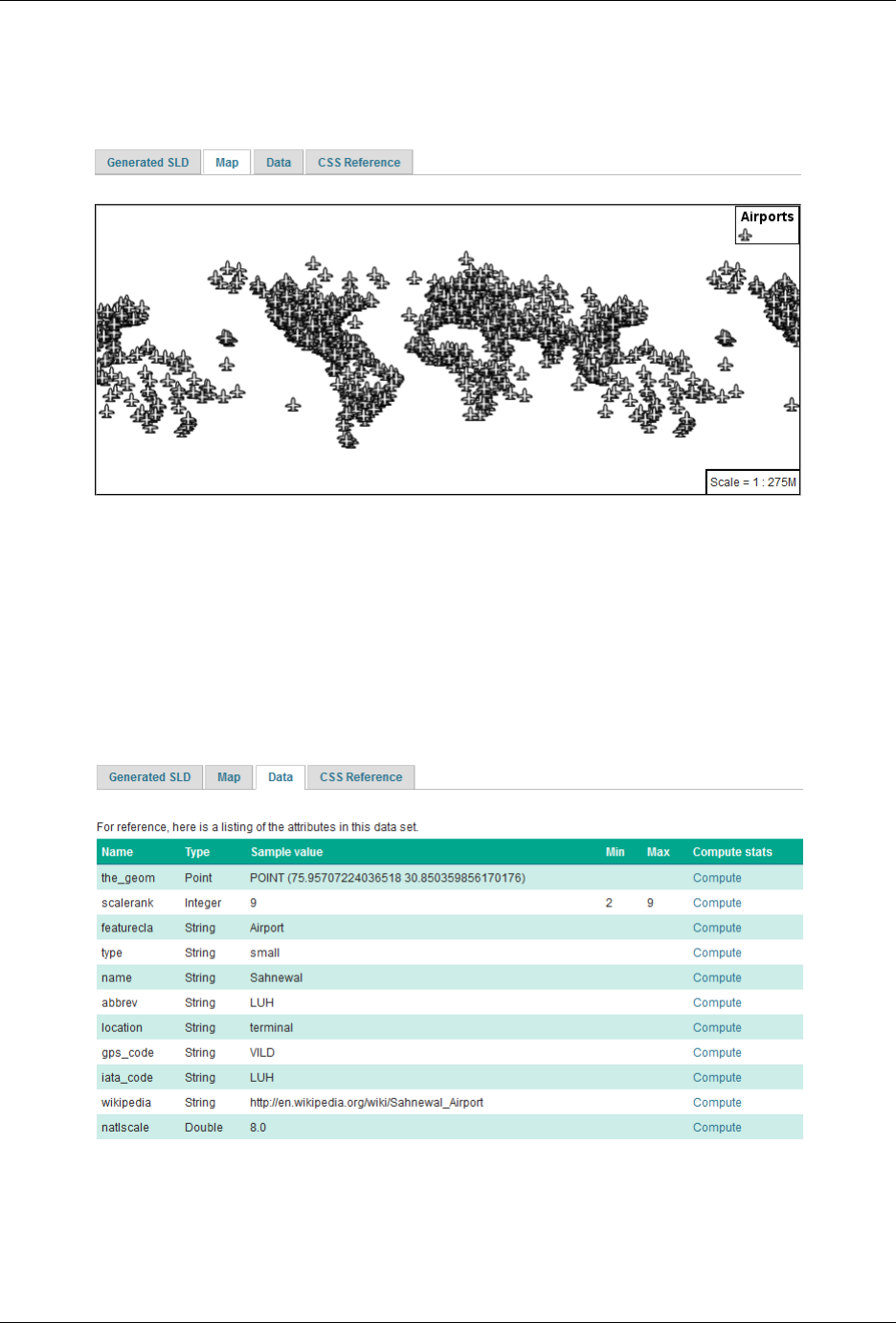
GeoServer User Manual, Release 2.15.1
Fig. 6.309: Layer preview
Fig. 6.310: Layer attributes
990 Chapter 6. Styling
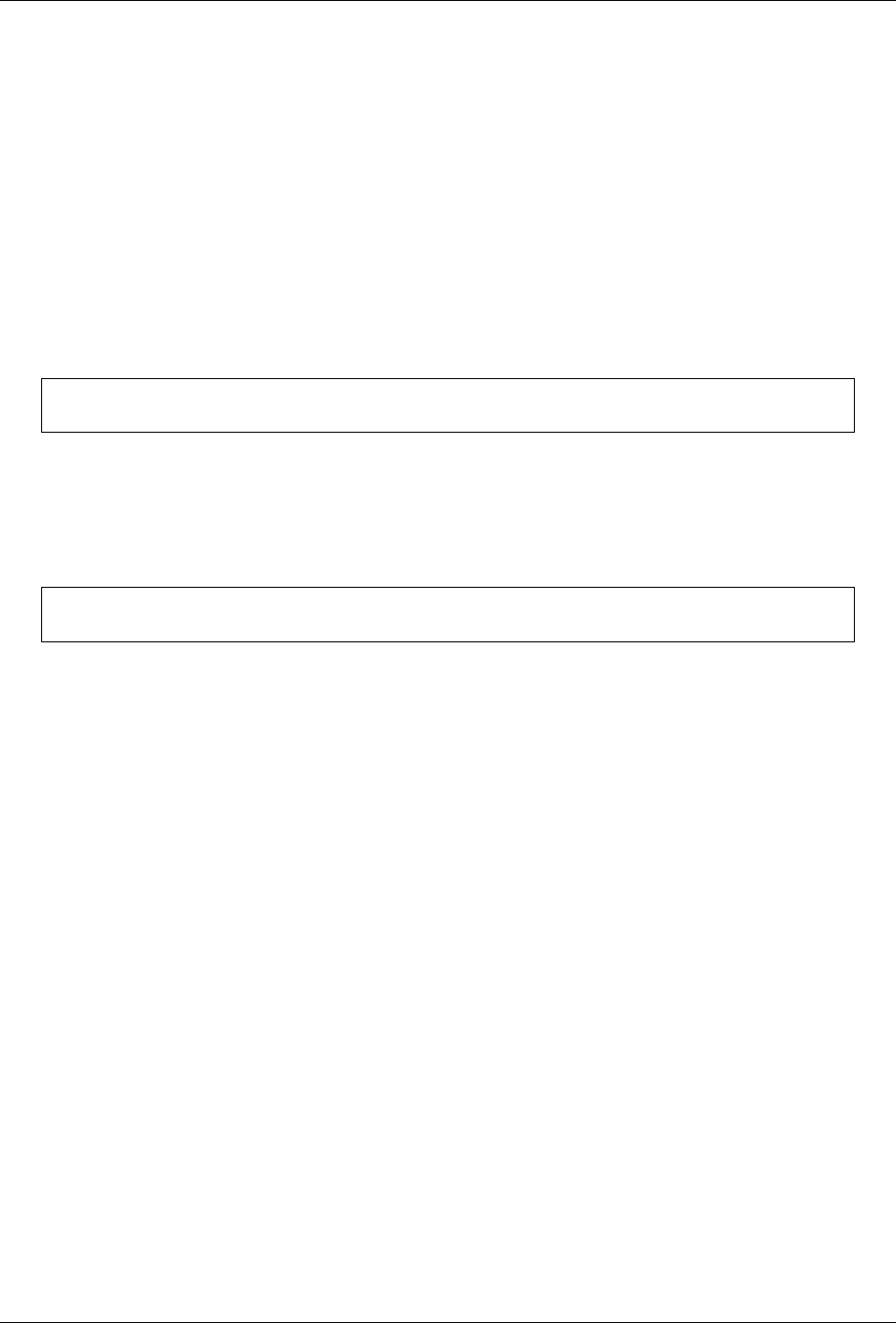
GeoServer User Manual, Release 2.15.1
Explore Data
1. Return to the Data tab and use the Compute link to determine the
minimum and maximum for the scalerank attribute.
Challenge Compare SLD Generation
1. The rest API can be used to review your YAML file directly.
Browser:
•view-source:http://localhost:8080/geoserver/rest/styles/airport0.json
Command line:
curl -v-u admin:geoserver -XGET http:/
,→/localhost:8080/geoserver/rest/styles/airports0.json
1. The REST API can also be used generate an SLD file:
Browser:
•view-source:http://localhost:8080/geoserver/rest/styles/airport0.sld?pretty=true
Command line:
curl -v -u admin:geoserver -XGET http://localhost:8080/
,→geoserver/rest/styles/airports0.sld?pretty=true
1. Compare the generated SLD differ above with the hand written SLD
file used as an example?
Challenge: What differences can you spot?
Lines
We will start our tour of MBStyle styling by looking at the represen-
tation of lines.
Fig. 6.311: LineString Geometry
Review of line symbology:
• Lines can be used to represent either abstract concepts with length
but not width such as networks and boundaries, or long thin fea-
tures with a didth that is too smallt o represent on the map. This
means that the visual width of line symbols do not normally
change depending on scale.
• Lines are recorded as LineStrings or Curves depending on the ge-
ometry model used.
• SLD uses a LineSymbolizer to record how the shape of a line is
drawn. The primary characteristic documented is the Stroke used
to draw each segment between vertices.
6.7. Styling Workshop 991
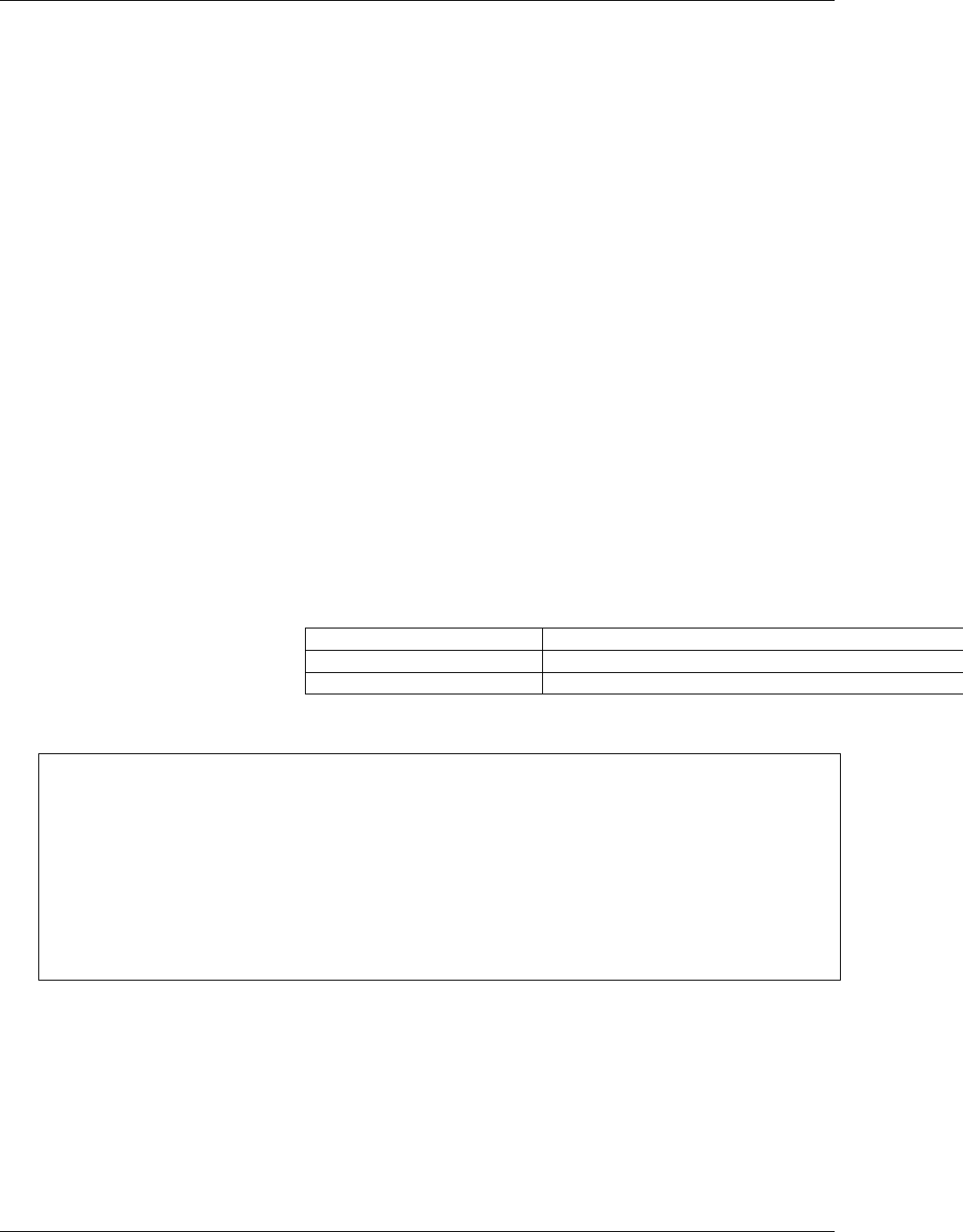
GeoServer User Manual, Release 2.15.1
• Labeling of line work is anchored to the mid-point of the line.
GeoServer provides a vendor option to allow label rotation aligned
with line segments.
For our exercises we are going to be using simple MBStyle docu-
ments, often consisting of a single layer, in order to focus on the
properties used for line symbology.
Each exercise makes use of the ne:roads layer.
Reference:
•MBStyle Reference
•MapBox Style Spec Line Layer
•LineString (User Manual | SLD Reference )
Line
A line layer is represented by the line type.
Fig. 6.312: Basic Stroke Properties
1. Navigate to the Styles page.
2. Click Add a new style and choose the following:
New style name: line_example
Workspace for new layer: Leave blank
Format: MBStyle
3. Fill in the style editor
{
"version":8,
"name":"line_example",
"layers": [
{
"id":"line_example",
"source-layer":"ne:roads",
"type":"line",
}
]
}
4. Click Apply
5. Click Layer Preview to see your new style applied to a layer.
You can use this tab to follow along as the style is edited, it will
refresh each time Apply is pressed.
992 Chapter 6. Styling
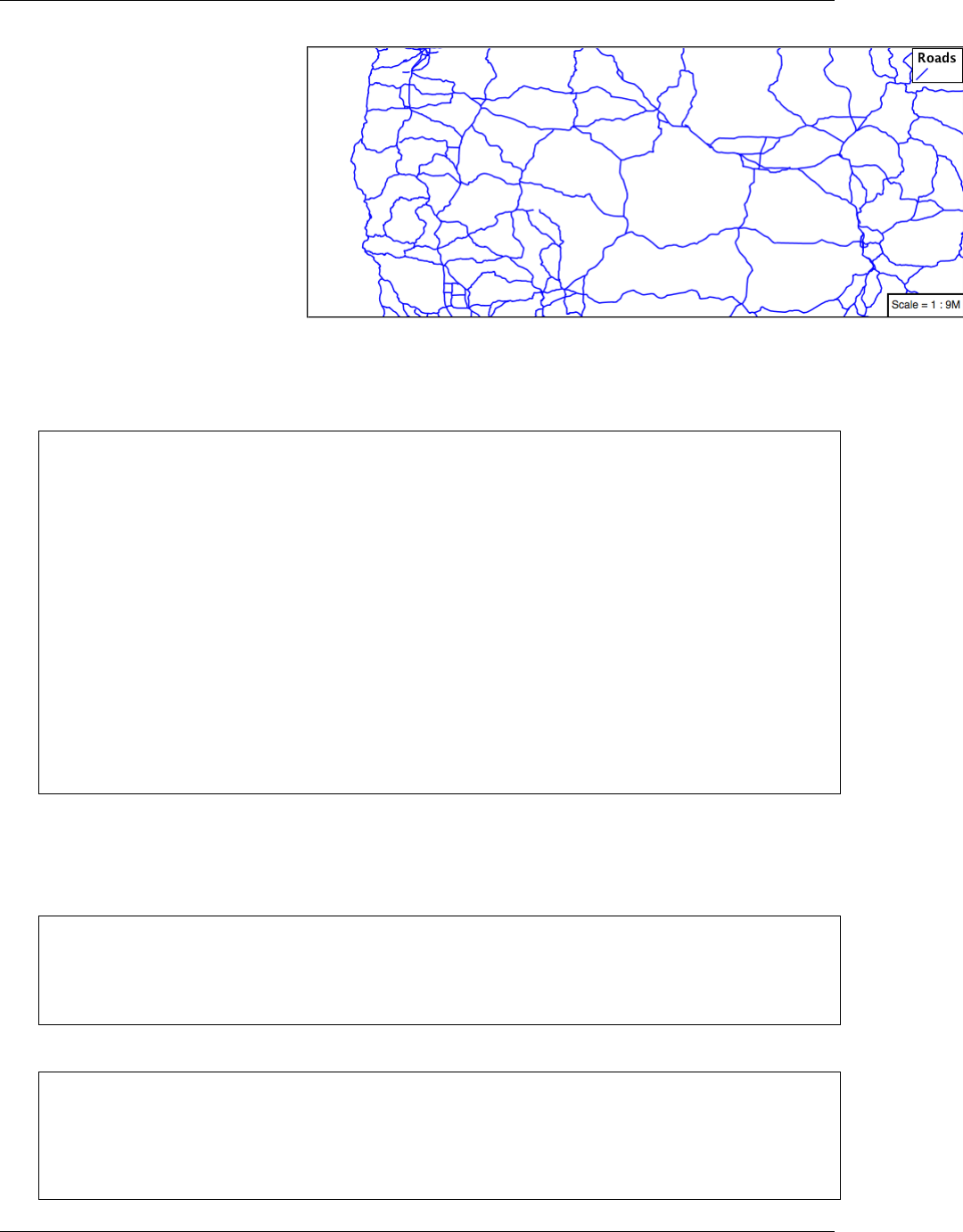
GeoServer User Manual, Release 2.15.1
6. You can see the equivalent SLD by requesting http:/
/localhost:8080/geoserver/rest/styles/
line_example.sld?pretty=true which will currently show
the default line symbolizer we created.
<?xml version="1.0" encoding="UTF-8"?>
,→<sld:StyledLayerDescriptor xmlns="http://www.opengis.
,→net/sld" xmlns:sld="http://www.opengis.net/sld
,→" xmlns:gml="http://www.opengis.net/gml" xmlns:ogc=
,→"http://www.opengis.net/ogc" version="1.0.0">
<sld:NamedLayer>
<sld:Name>line_example</sld:Name>
<sld:UserStyle>
<sld:Name>line_example</sld:Name>
<sld:FeatureTypeStyle>
<sld:Name>name</sld:Name>
<sld:Rule>
<sld:LineSymbolizer/>
</sld:Rule>
</sld:FeatureTypeStyle>
</sld:UserStyle>
</sld:NamedLayer>
</sld:StyledLayerDescriptor>
We only specified the line layer, so all of the boilerplate arround was
generated for us.
1. Additional properties cane be used fine-tune appearance. Use line-
color to specify the colour and width of the line.
{
"paint": {
"line-color":"blue"
}
}
2. line-width lets us make the line wider
{
"paint": {
"line-color":"blue",
"line-width":2
}
}
6.7. Styling Workshop 993
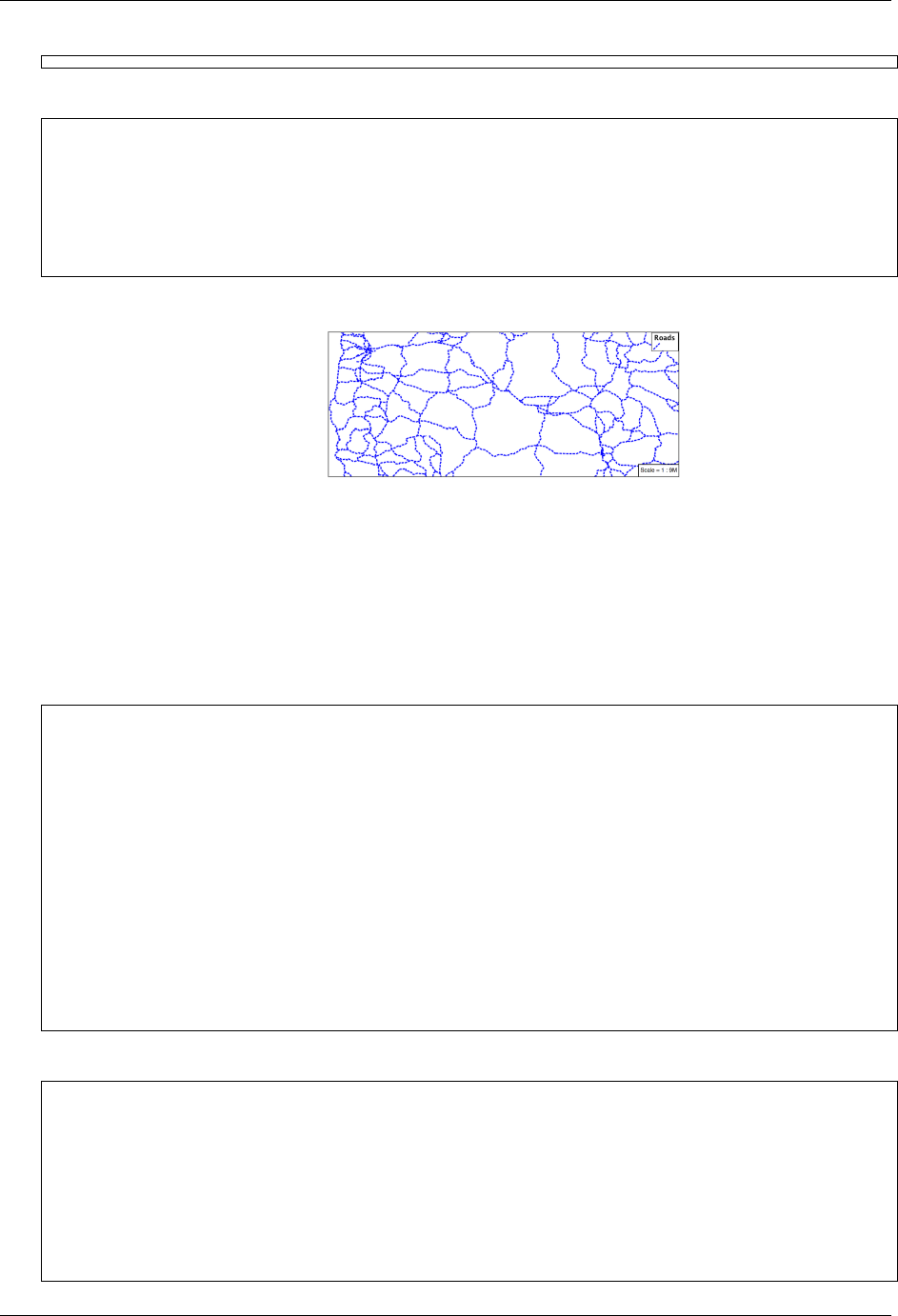
GeoServer User Manual, Release 2.15.1
3. line-dasharray applies a dot dash pattern.
{
"paint": {
"line-color":"blue",
"line-width":2,
"line-dasharray": [5,2]
}
}
4. Check the Map tab to preview the result.
Multiple Layers
Providing two strokes is often used to provide a contrasting edge
(called casing) to thick lines. This can be created using two layers.
1. Start by filling in a bit of boilerplate that we’ll be using
{
"version":8,
"name":"line_example",
"layers": [
{
"id":"line_example",
"source-layer":"ne:roads",
"type":"line",
"paint": {
"line-color":"#8080E6",
"line-width":3,
}
}
]
}
2. Add a second layer to the rule
{
"version":8,
"name":"line_example",
"layers": [
{
"id":"line_casing",
"source-layer":"ne:roads",
"type":"line",
"paint": {
994 Chapter 6. Styling
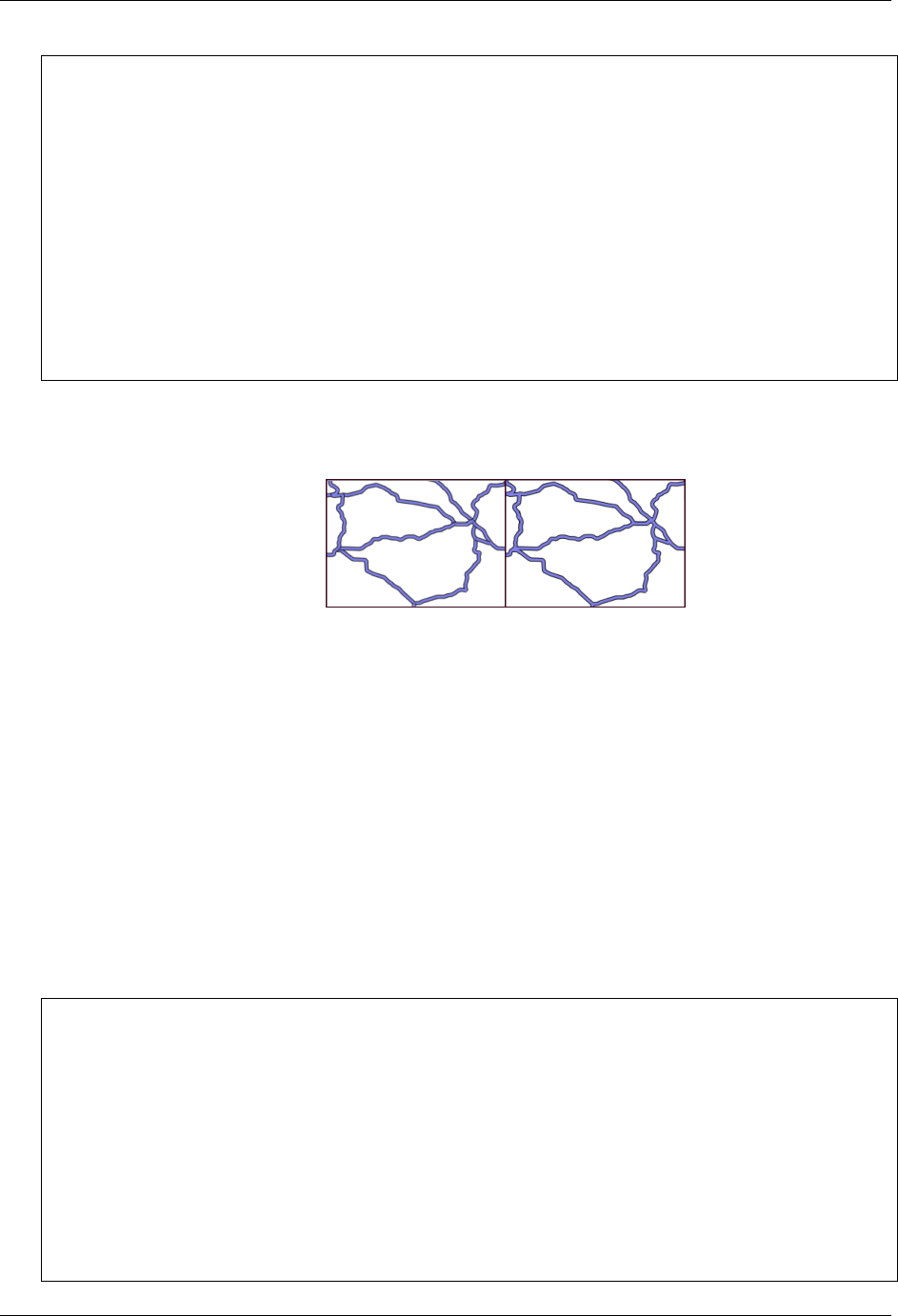
GeoServer User Manual, Release 2.15.1
"line-color":"black",
"line-width":5,
}
},
{
"id":"line_center",
"source-layer":"ne:roads",
"type":"line",
"paint": {
"line-color":"#8080E6",
"line-width":3,
}
}
]
}
The wider black line is first so it is drawn first, then the thinner blue
line drawn second and so over top of the black line. This is called
the painter’s algorithm.
Label
Our next example is significant as it introduces how text labels are
generated.
Fig. 6.313: Use of Label Property
This is also our first example making use of a dynamic style (where
a value comes from an attribute from your data).
1. To enable LineString labeling we add a symbol layer with a
text-field.
Update line_example with the following:
{
"version":8,
"name":"line_example",
"layers": [
{
"id":"line",
"source-layer":"ne:roads",
"type":"line",
"paint": {
"line-color":"blue",
"line-width":1,
}
},
6.7. Styling Workshop 995
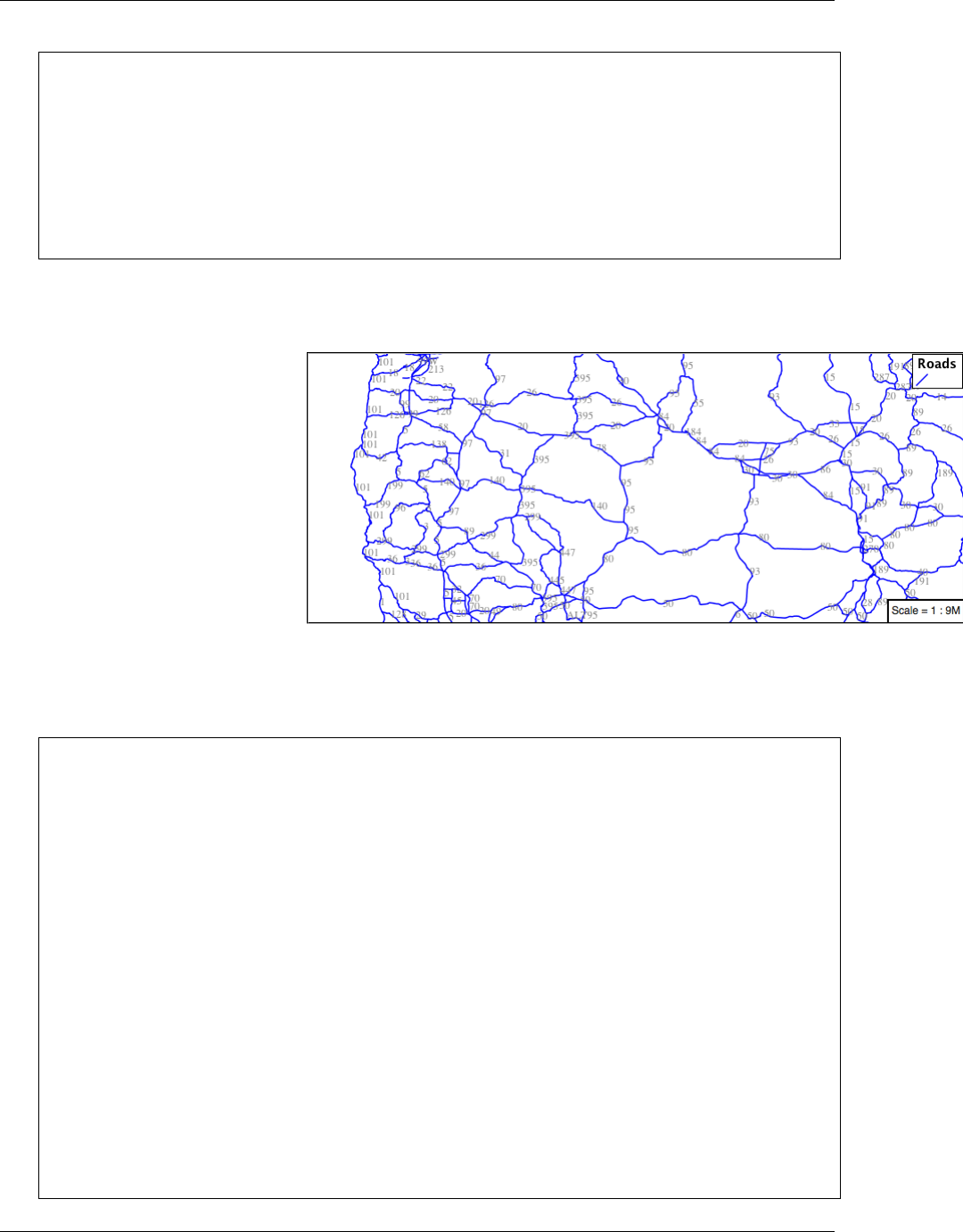
GeoServer User Manual, Release 2.15.1
{
"id":"label",
"source-layer":"ne:roads",
"type":"symbol",
"layout": {
"text-field":"{name}"
}
}
]
}
2. The SLD standard documents the default label position for each
kind of Geometry. For LineStrings the initial label is positioned on
the midway point of the line.
3. We have used a feature property calculate a value for the label. The
label is generated dynamically from the name attribute. Feature
properties are supplied within curly braces, and must match the
name of a property of the feature type.
{
"version":8,
"name":"line_example",
"layers": [
{
"id":"line",
"source-layer":"ne:roads",
"type":"line",
"paint": {
"line-color":"blue",
"line-width":1,
}
},
{
"id":"label",
"source-layer":"ne:roads",
"type":"symbol",
"layout": {
"text-field":"{name}"
}
}
]
}
996 Chapter 6. Styling
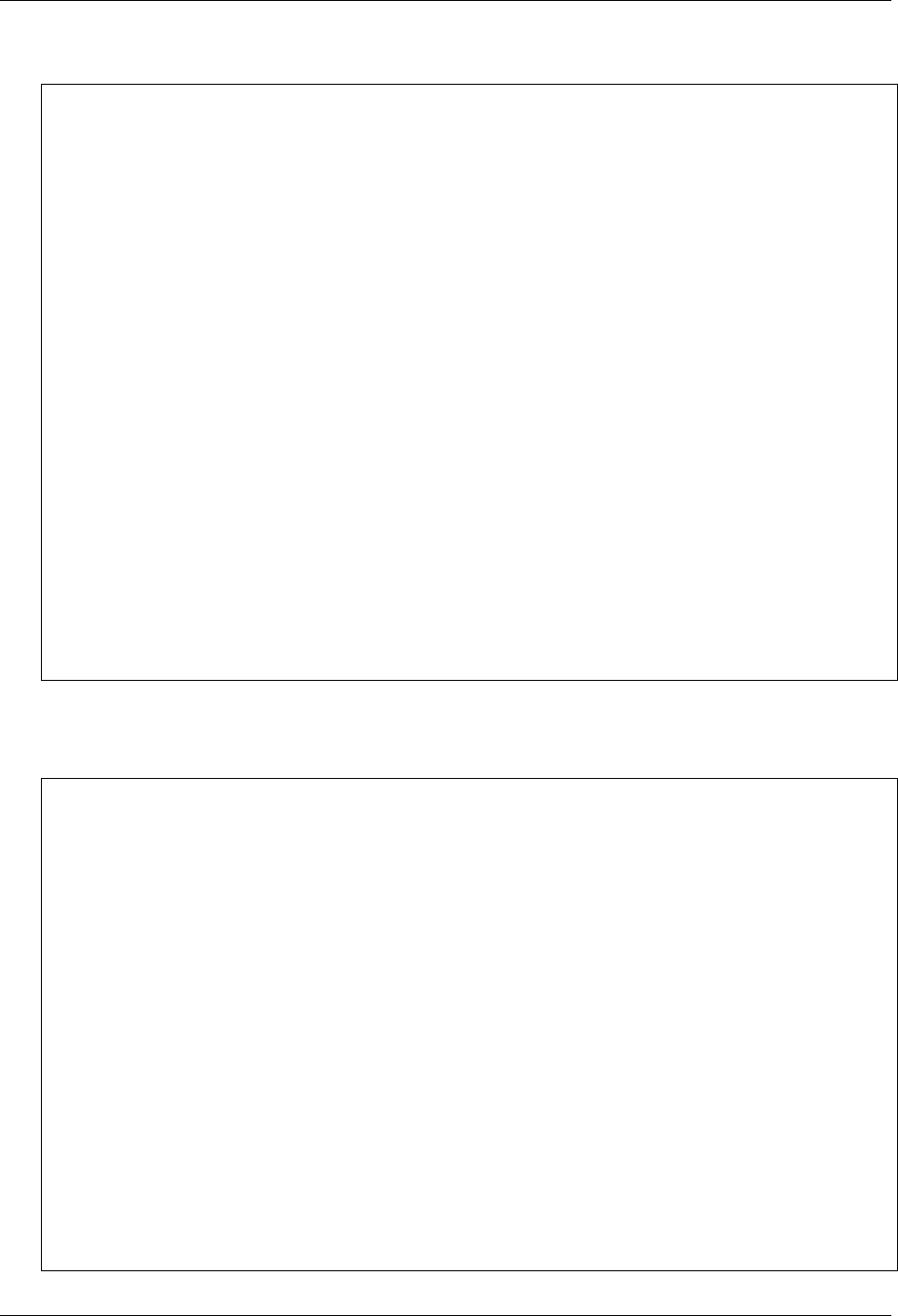
GeoServer User Manual, Release 2.15.1
4. Additional keys can be supplied to fine-tune label presentation:
{
"version":8,
"name":"line_example",
"layers": [
{
"id":"line",
"source-layer":"ne:roads",
"type":"line",
"paint": {
"line-color":"blue",
"line-width":1,
}
},
{
"id":"label",
"source-layer":"ne:roads",
"type":"symbol",
"layout": {
"text-field":"{name}",
"symbol-placement":"line",
"text-offset": [0,-8]
}
"paint": {
"text-color":"black"
}
}
]
}
5. The text-color property is set to black to provide the colour of the
text. Notice how this is a paint property, unlike all the others which
are layout properties.
{
"version":8,
"name":"line_example",
"layers": [
{
"id":"line",
"source-layer":"ne:roads",
"type":"line",
"paint": {
"line-color":"blue",
"line-width":1,
}
},
{
"id":"label",
"source-layer":"ne:roads",
"type":"symbol",
"layout": {
"text-field":"{name}",
"symbol-placement":"line",
"text-offset": [0,-8]
}
"paint": {
6.7. Styling Workshop 997
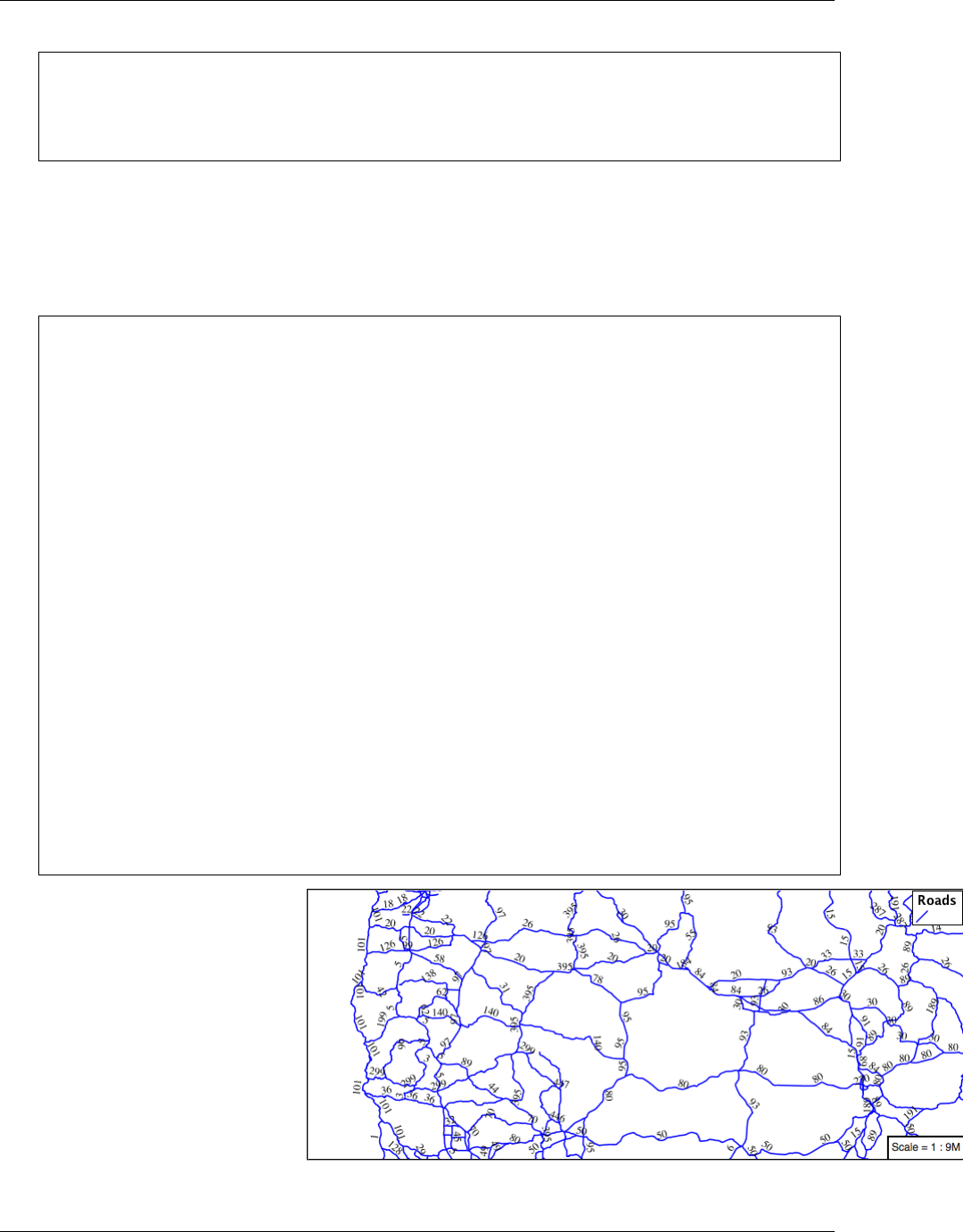
GeoServer User Manual, Release 2.15.1
"text-color":"black"
}
}
]
}
6. The symbol-placement property is used to set how the label is
placed with respect to the line. By default it is point which casues
the label to be placed next to the midpoint as it would be for a point
feature. When set to line it is placed along the line instead. text-
offset specifies how far from the anchor the label should be placed,
in both the x and y directions.
{
"version":8,
"name":"line_example",
"layers": [
{
"id":"line",
"source-layer":"ne:roads",
"type":"line",
"paint": {
"line-color":"blue",
"line-width":1,
}
},
{
"id":"label",
"source-layer":"ne:roads",
"type":"symbol",
"layout": {
"text-field":"{name}",
"symbol-placement":"line",
"text-offset": [0,-8]
}
"paint": {
"text-color":"black"
}
}
]
}
998 Chapter 6. Styling
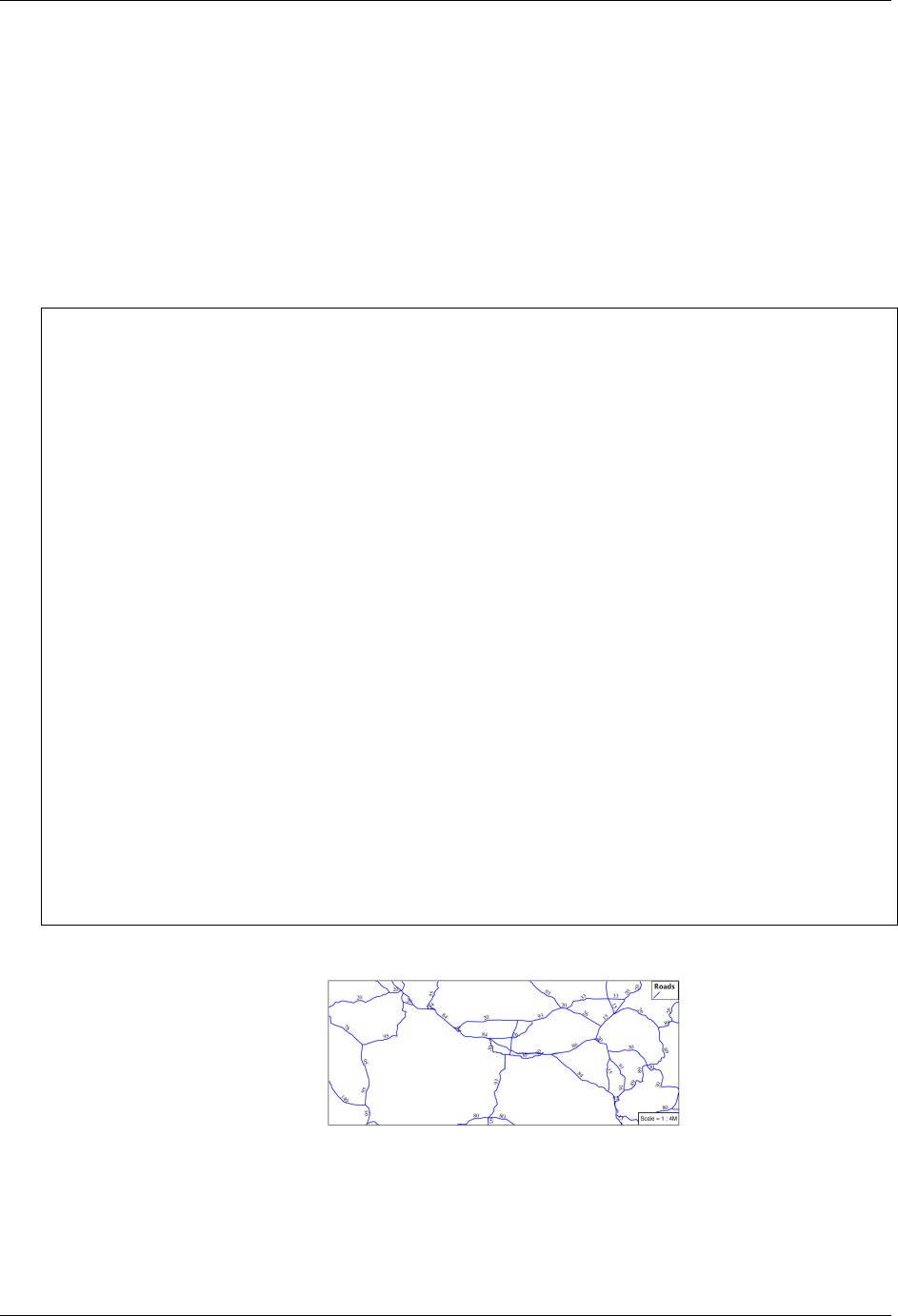
GeoServer User Manual, Release 2.15.1
How Labeling Works
The rendering engine collects all the generated labels during the ren-
dering of each layer. Then, during labeling, the engine sorts through
the labels performing collision avoidance (to prevent labels overlap-
ping). Finally the rendering engine draws the labels on top of the
map. Even with collision avoidance you can spot areas where labels
are so closely spaced that the result is hard to read.
1. The parameter text-padding provides additional space around our
label for use in collision avoidance.
{
"version":8,
"name":"line_example",
"layers": [
{
"id":"line",
"source-layer":"ne:roads",
"type":"line",
"paint": {
"line-color":"blue",
"line-width":1,
}
},
{
"id":"label",
"source-layer":"ne:roads",
"type":"symbol",
"layout": {
"text-field":"{name}",
"symbol-placement":"line",
"text-offset": [0,-8],
"text-padding":"10"
}
"paint": {
"text-color":"black"
}
}
]
}
2. Each label is now separated from its neighbor, improving legibility.
Zoom
This section explores the use of rules with filters and zoom restric-
tions.
6.7. Styling Workshop 999
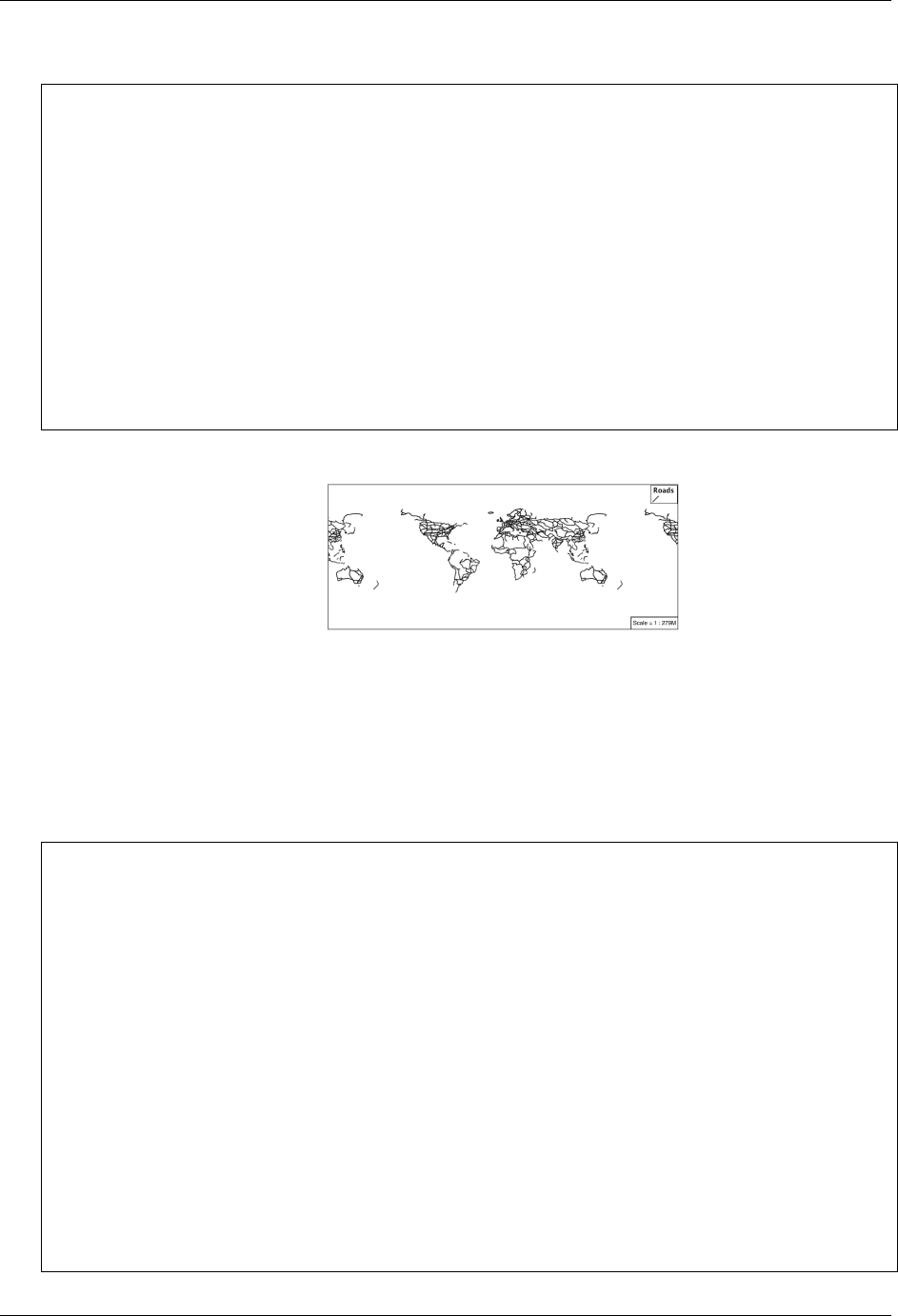
GeoServer User Manual, Release 2.15.1
1. Replace the line_example MBStyle definition with:
{
"version":8,
"name":"line_example",
"layers": [
{
"id":"line_example",
"source-layer":"ne:roads",
"type":"line",
"filter": ["<","scalerank",4],
"paint": {
"line-color":"black",
"line-width":1
}
}
]
}
2. And use the Map tab to preview the result.
3. The scalerank attribute is provided by the Natural Earth dataset to
allow control of the level of detail based on scale. Our filter short-
listed all content with scalerank 4 or lower, providing a nice quick
preview when we are zoomed out.
4. In addition to testing feature attributes, selectors can also be used to
check the state of the rendering engine.
Replace your MBStyle with the following:
{
"version":8,
"name":"line_example",
"layers": [
{
"id":"line_black",
"source-layer":"ne:roads",
"type":"line",
"maxzoom":3,
"paint": {
"line-color":"black",
"line-width":1
}
},
{
"id":"line_blue",
"source-layer":"ne:roads",
"type":"line",
"minzoom":3,
"paint": {
1000 Chapter 6. Styling
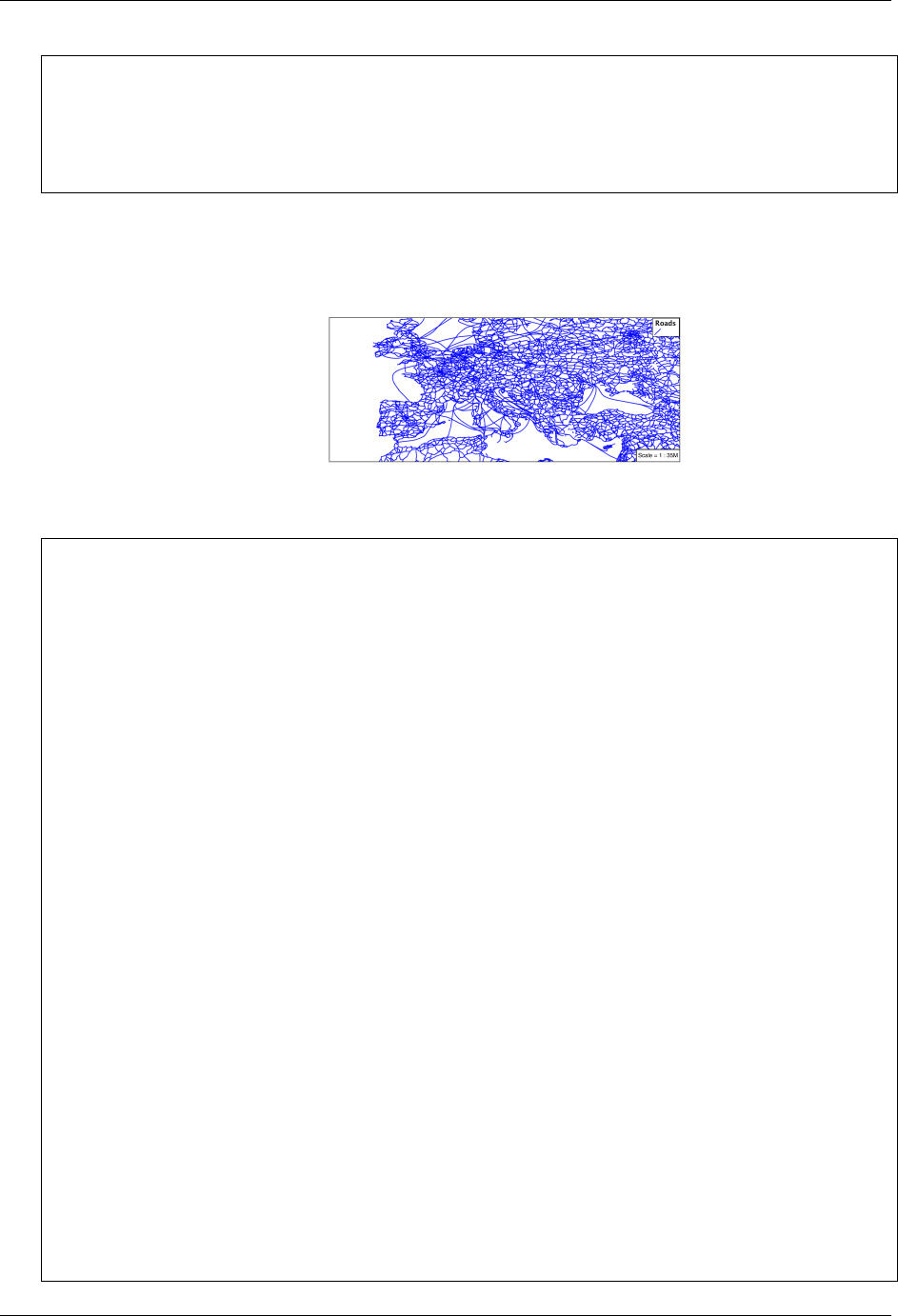
GeoServer User Manual, Release 2.15.1
"line-color":"blue",
"line-width":1
}
}
]
}
5. As you adjust the scale in the Map preview (using the mouse scroll
wheel) the color will change between black and blue. You can read
the current scale in the bottom right corner, and the legend will
change to reflect the current style.
6. Putting these two ideas together allows control of level detail based
on scale:
{
"version":8,
"name":"line_example",
"layers": [
{
"id":"line_else",
"source-layer":"ne:roads",
"type":"line",
"filter": [">","scalerank",7],
"minzoom":7,
"paint": {
"line-color":"#888888",
"line-width":1
}
},
{
"id":"line_7",
"source-layer":"ne:roads",
"type":"line",
"filter": ["==","scalerank",7],
"minzoom":6,
"paint": {
"line-color":"#777777",
"line-width":1
}
},
{
"id":"line_6",
"source-layer":"ne:roads",
"type":"line",
"filter": ["==","scalerank",6],
"minzoom":5,
"paint": {
"line-color":"#444444",
"line-width":1
6.7. Styling Workshop 1001
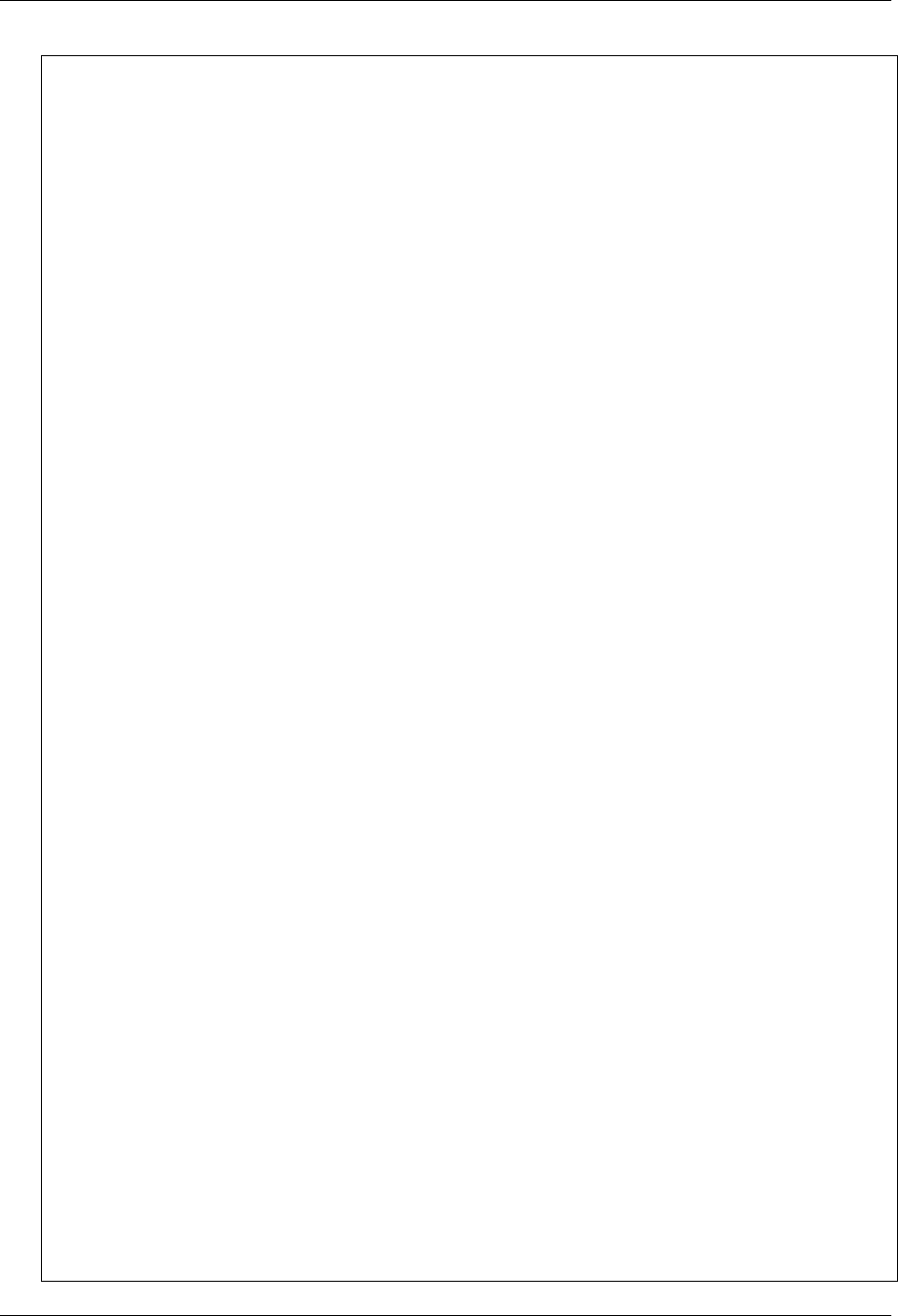
GeoServer User Manual, Release 2.15.1
}
},
{
"id":"line_5_1",
"source-layer":"ne:roads",
"type":"line",
"filter": ["==","scalerank",5],
"minzoom":4,
"maxzoom":7
"paint": {
"line-color":"#000055",
"line-width":1
}
},
{
"id":"line_5_2",
"source-layer":"ne:roads",
"type":"line",
"filter": ["==","scalerank",5],
"minzoom":7,
"paint": {
"line-color":"#000055",
"line-width":2
}
},
{
"id":"line_5_1",
"source-layer":"ne:roads",
"type":"line",
"filter": ["<=","scalerank",4],
"maxzoom":5,
"paint": {
"line-color":"black",
"line-width":1
}
},
{
"id":"line_5_2",
"source-layer":"ne:roads",
"type":"line",
"filter": ["<=","scalerank",4],
"minzoom":5,
"maxzoom":7
"paint": {
"line-color":"black",
"line-width":2
}
},
{
"id":"line_5_4",
"source-layer":"ne:roads",
"type":"line",
"filter": ["<=","scalerank",4],
"minzoom":7,
"paint": {
"line-color":"black",
"line-width":4
}
1002 Chapter 6. Styling
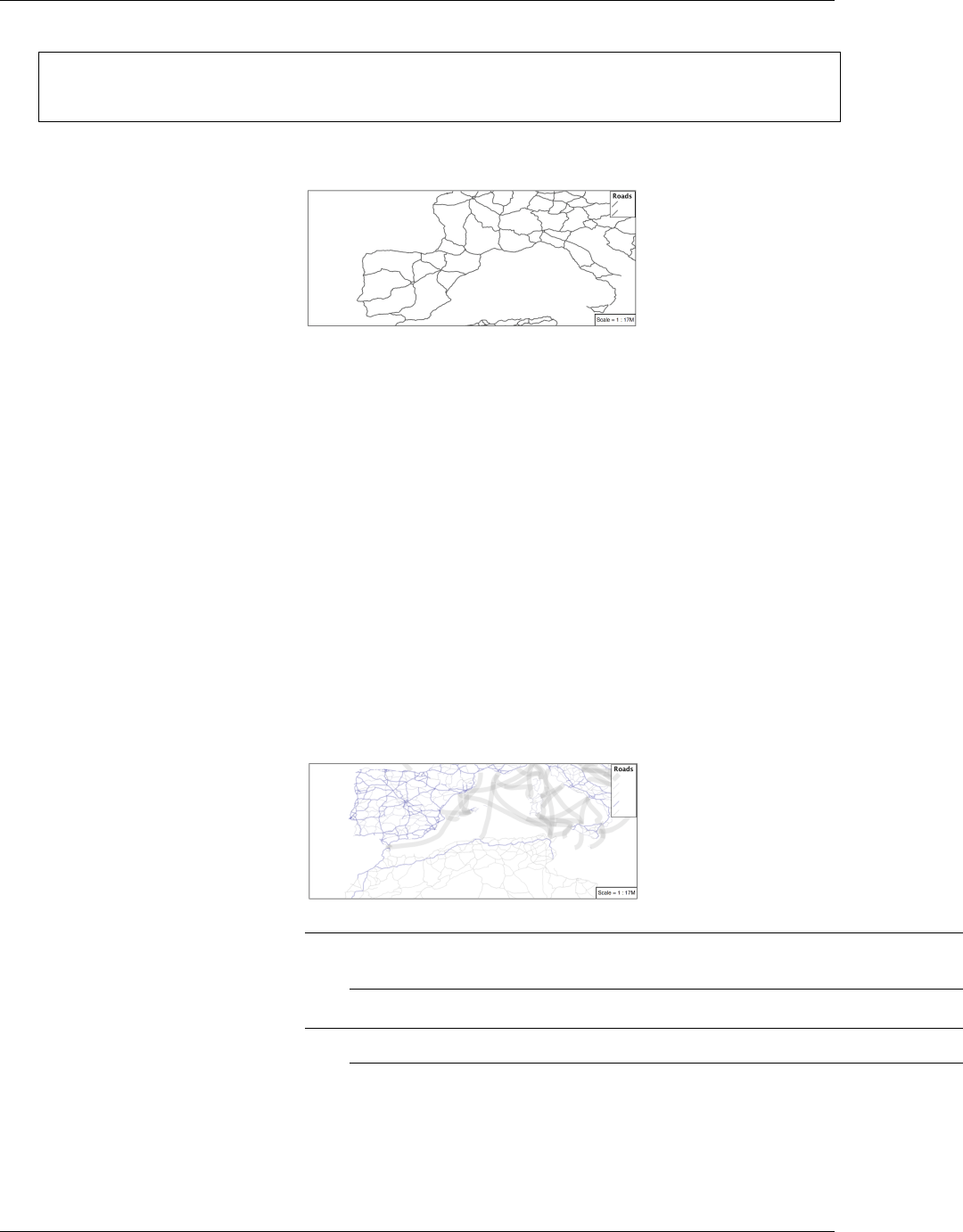
GeoServer User Manual, Release 2.15.1
}
]
}
7. When a rule has both a filter and a scale, it will trigger when both
are true.
Bonus
Finished early? Here are some opportunities to explore what we
have learned, and extra challenges requiring creativity and research.
In a classroom setting please divide the challenges between teams
(this allows us to work through all the material in the time avail-
able).
Challenge Classification
1. The roads type attribute provides classification information.
You can Layer Preview to inspect features to determine available
values for type.
2. Challenge: Create a new style adjust road appearance based on
type.
Note: The available values are ‘Major Highway’,’Secondary High-
way’,’Road’ and ‘Unknown’.
Note: Answer provided at the end of the workbook.
Challenge One Rule Classification
1. You can save a lot of typing by doing your classification in an ex-
pression using arithmetic or the Recode function
6.7. Styling Workshop 1003
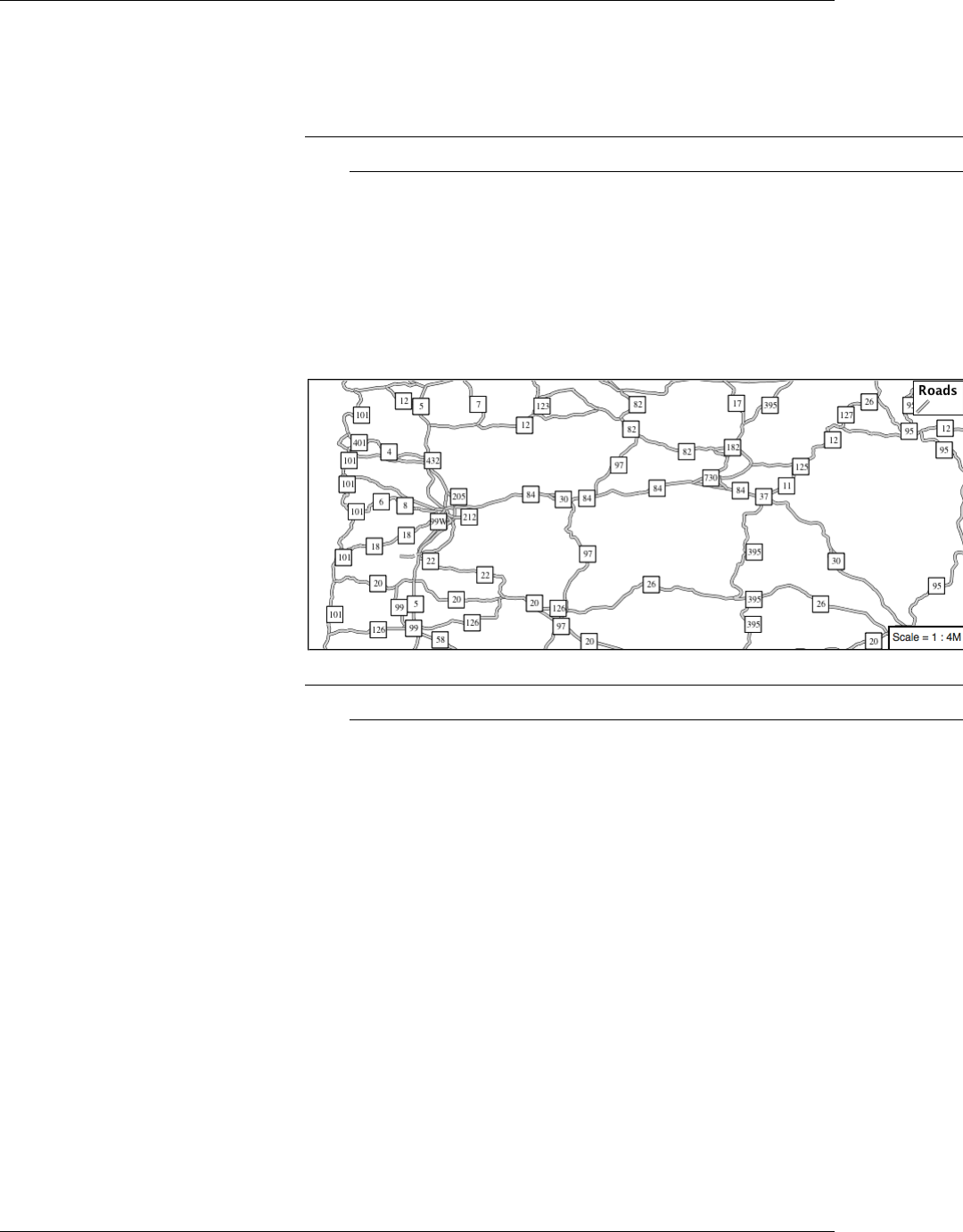
GeoServer User Manual, Release 2.15.1
2. Challenge: Create a new style and classify the roads based on their
scale rank using expressions in a single rule instead of multiple rules
with filters.
Note: Answer provided at the end of the workbook.
Challenge Label Shields
1. The traditional presentation of roads in the US is the use of a shield
symbol, with the road number marked on top.
2. Challenge: Have a look at the documentation for putting a graphic on
a text symbolizer in SLD and reproduce this technique in MBStyle.
Note: Answer provided at the end of the workbook.
Polygons
Next we look at how MBStyle styling can be used to represent poly-
gons.
Fig. 6.314: Polygon Geometry
Review of polygon symbology:
• Polygons offer a direct representation of physical extent or the out-
put of analysis.
• The visual appearance of polygons reflects the current scale.
• Polygons are recorded as a LinearRing describing the polygon
boundary. Further LinearRings can be used to describe any holes
in the polygon if present.
The Simple Feature for SQL Geometry model (used by GeoJSON)
represents these areas as Polygons, the ISO 19107 geometry model
(used by GML3) represents these areas as Surfaces.
1004 Chapter 6. Styling
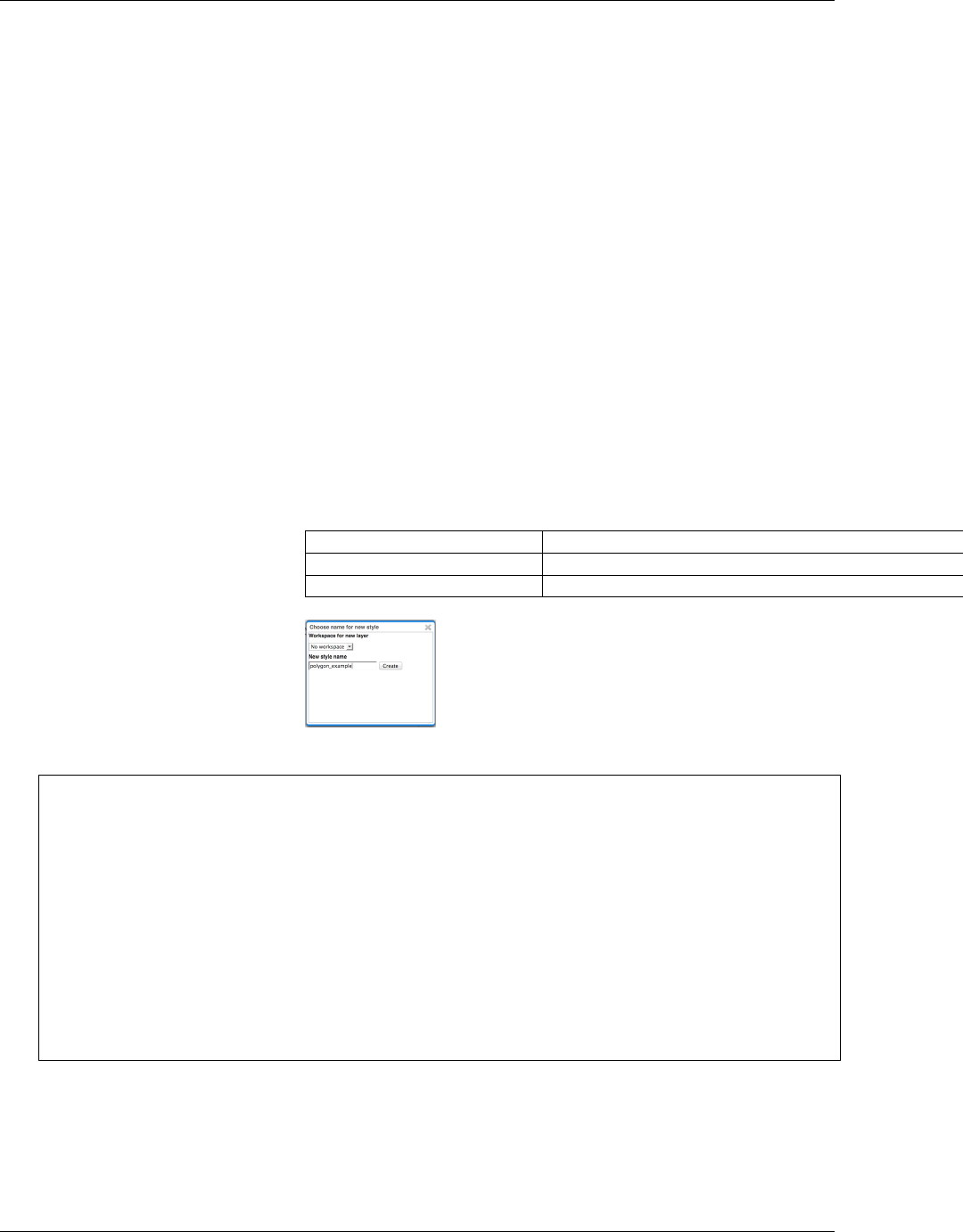
GeoServer User Manual, Release 2.15.1
• SLD uses a PolygonSymbolizer to describe how the shape of a poly-
gon is drawn. The primary characteristic documented is the Fill
used to shade the polygon interior. The use of a Stroke to describe
the polygon boundary is optional.
• Labeling of a polygon is anchored to the centroid of the polygon.
GeoServer provides a vendor-option to allow labels to line wrap to
remain within the polygon boundaries.
For our Polygon exercises we will try and limit our MBStyle docu-
ments to a single rule, in order to showcase the properties used for
rendering.
Reference:
•MBStyle Reference
•MapBox Style Spec Fill Layer
•Polygons (User Manual | SLD Reference )
This exercise makes use of the ne:states_provinces_shp layer.
1. Navigate to Styles.
2. Create a new style polygon_example.
Name: polygon_example
Workspace: No workspace
Format: MBStyle
3. Enter the following style and click :menuselection:Apply to save:
{
"version":8,
"name":"polygon_example",
"layers": [
{
"id":"polygon_example",
"source-layer":"ne:states_provinces_shp",
"type":"fill",
"paint": {
"fill-color":"lightgrey"
}
}
]
}
4. Click on the tab Layer Preview to preview.
6.7. Styling Workshop 1005
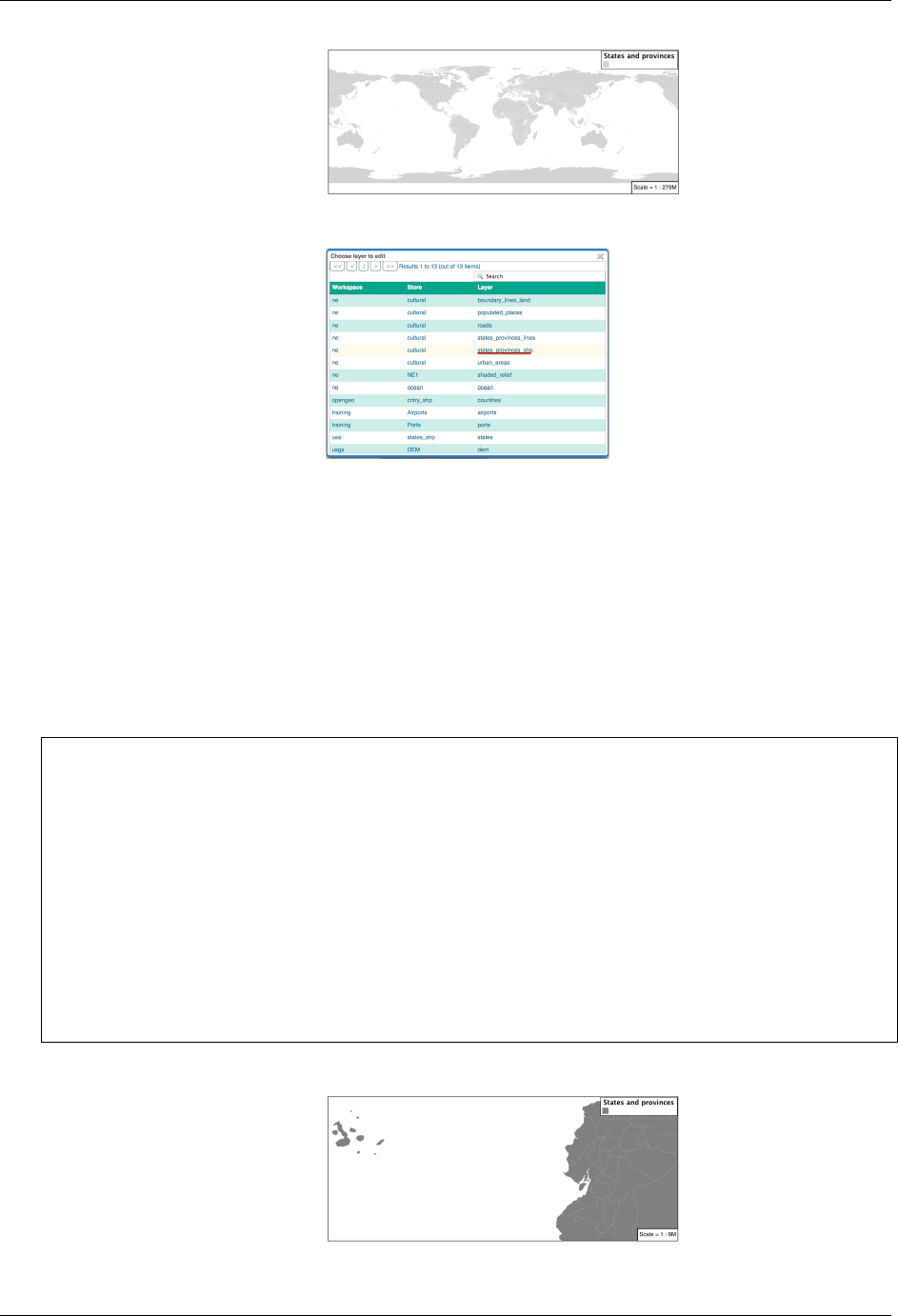
GeoServer User Manual, Release 2.15.1
5. Set ne:states_provinces_shp as the preview layer.
Fill and Outline
The fill layer controls the display of polygon data.
The fill-color property is used to provide the color used to draw the
interior of a polygon.
1. Replace the contents of polygon_example with the following fill
example:
{
"version":8,
"name":"polygon_example",
"layers": [
{
"id":"polygon_example",
"source-layer":"ne:states_provinces_shp",
"type":"fill",
"paint": {
"fill-color":"gray"
}
}
]
}
2. The Map tab can be used preview the change:
1006 Chapter 6. Styling
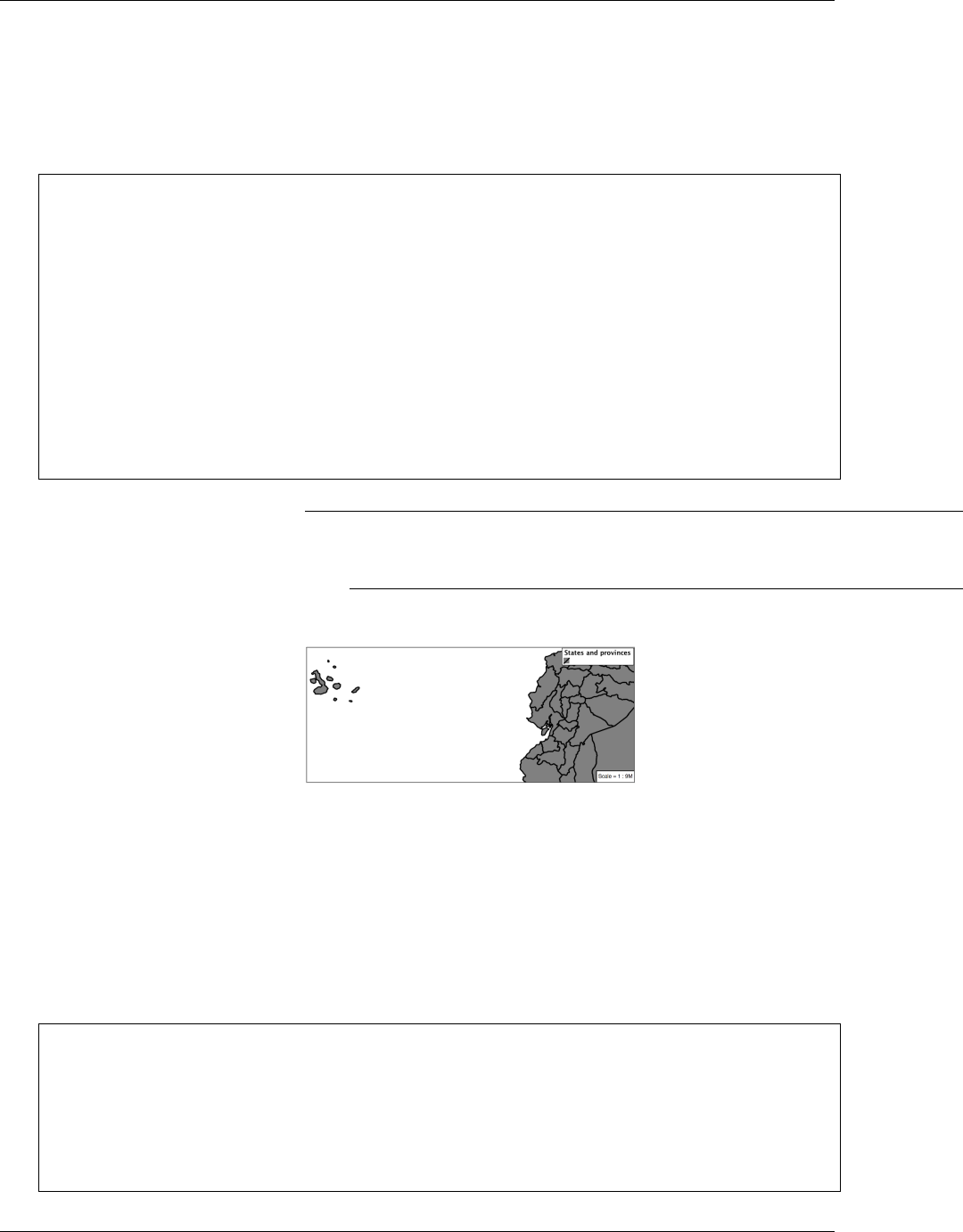
GeoServer User Manual, Release 2.15.1
3. To draw the boundary of the polygon the fill-outline property is
used:
The fill-outline property is used to provide the color of the polygon
boundary. For more advanced boundary styling, use a seperate line
layer.
{
"version":8,
"name":"polygon_example",
"layers": [
{
"id":"polygon_example",
"source-layer":"ne:states_provinces_shp",
"type":"fill",
"paint": {
"fill-color":"gray",
"fill-outline-color":"black"
}
}
]
}
Note: Technically the boundary of a polygon is a specific case of
a LineString where the first and last vertex are the same, forming a
closed LinearRing.
4. The effect of adding fill-outline is shown in the map preview:
5. An interesting technique when styling polygons in conjunction with
background information is to control the fill opacity.
The fill-opacity property is used to adjust transparency (provided as
range from 0.0 to 1.0). Use of fill-opacity to render polygons works
well in conjunction with a raster base map. This approach allows
details of the base map to shown through. fill-opacity affects both
the fill and the fill outline.
The stroke-opacity property is used in a similar fashion, as a range
from 0.0 to 1.0.
{
"version":8,
"name":"polygon_example",
"layers": [
{
"id":"polygon_example",
"source-layer":"ne:states_provinces_shp",
"type":"fill",
6.7. Styling Workshop 1007
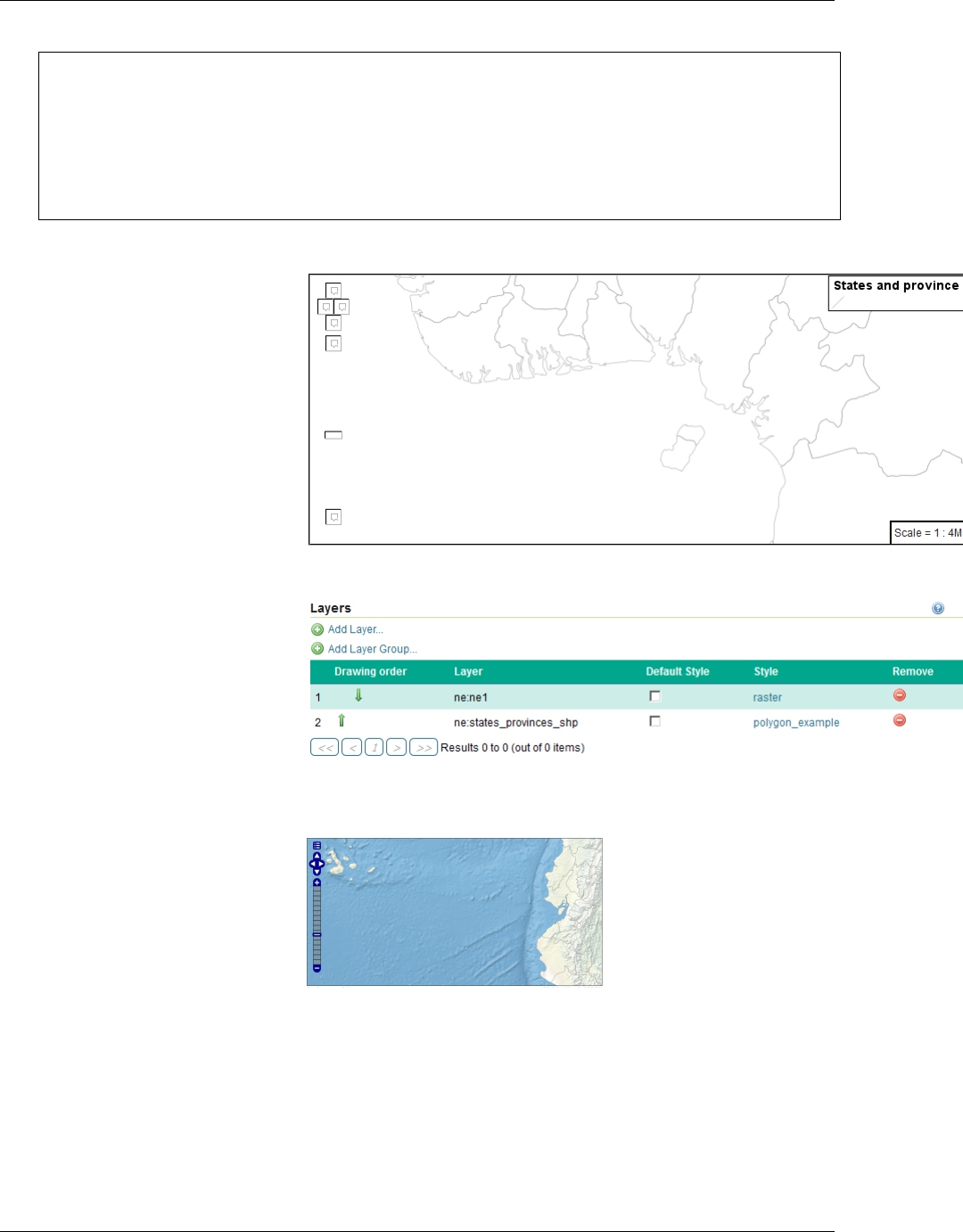
GeoServer User Manual, Release 2.15.1
"paint": {
"fill-opacity":0.5,
"fill-color":"white",
"fill-outline-color":"lightgrey"
}
}
]
}
6. As shown in the map preview:
7. This effect can be better appreciated using a layer group.
Where the transparent polygons is used lighten the landscape pro-
vided by the base map.
Pattern
The fill-pattern property can be used to provide a pattern.
The fill pattern is defined by repeating an image defined in a
spritesheet.
1008 Chapter 6. Styling
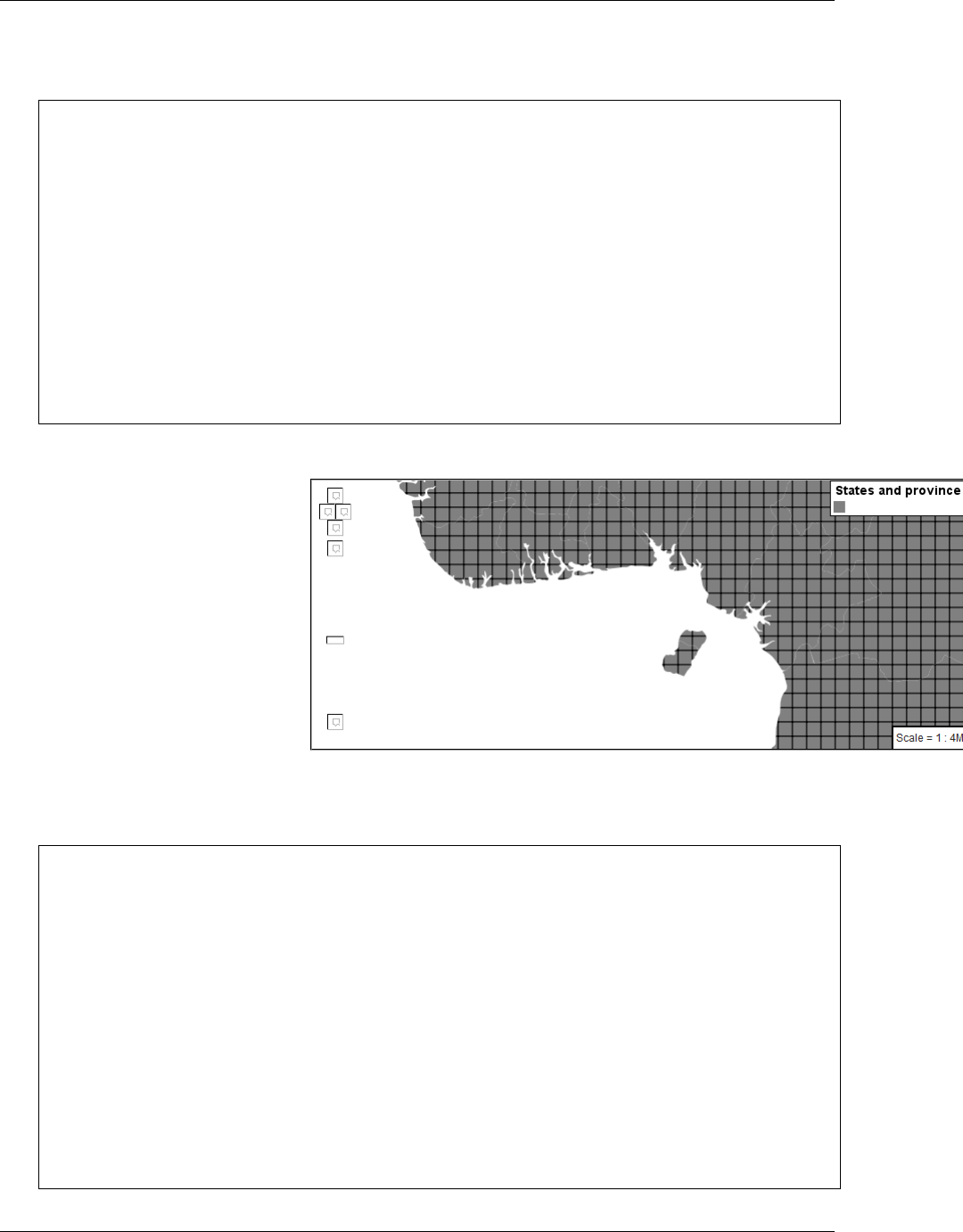
GeoServer User Manual, Release 2.15.1
1. Update polygon_example with the following sprite as a repeating fill
pattern:
{
"version":8,
"name":"polygon_example",
"sprite
,→":"http://localhost:8080/geoserver/styles/sprites"
"layers": [
{
"id":"polygon_example",
"source-layer":"ne:states_provinces_shp",
"type":"fill",
"paint": {
"fill-pattern":"grey_square16"
}
}
]
}
2. The map preview (and legend) will show the result:
3. You can view the names of all the icons in the spritesheet by look-
ing at its json definition, at http://localhost:8080/geoserver/styles/
sprites.json.
{
"white_square16": {
"height":16,
"pixelRatio":1,
"width":16,
"x":1,
"y":1
},
"grey_square8": {
"height":8,
"pixelRatio":1,
"width":8,
"x":24,
"y":18
},
"grey_square16": {
"height":16,
6.7. Styling Workshop 1009
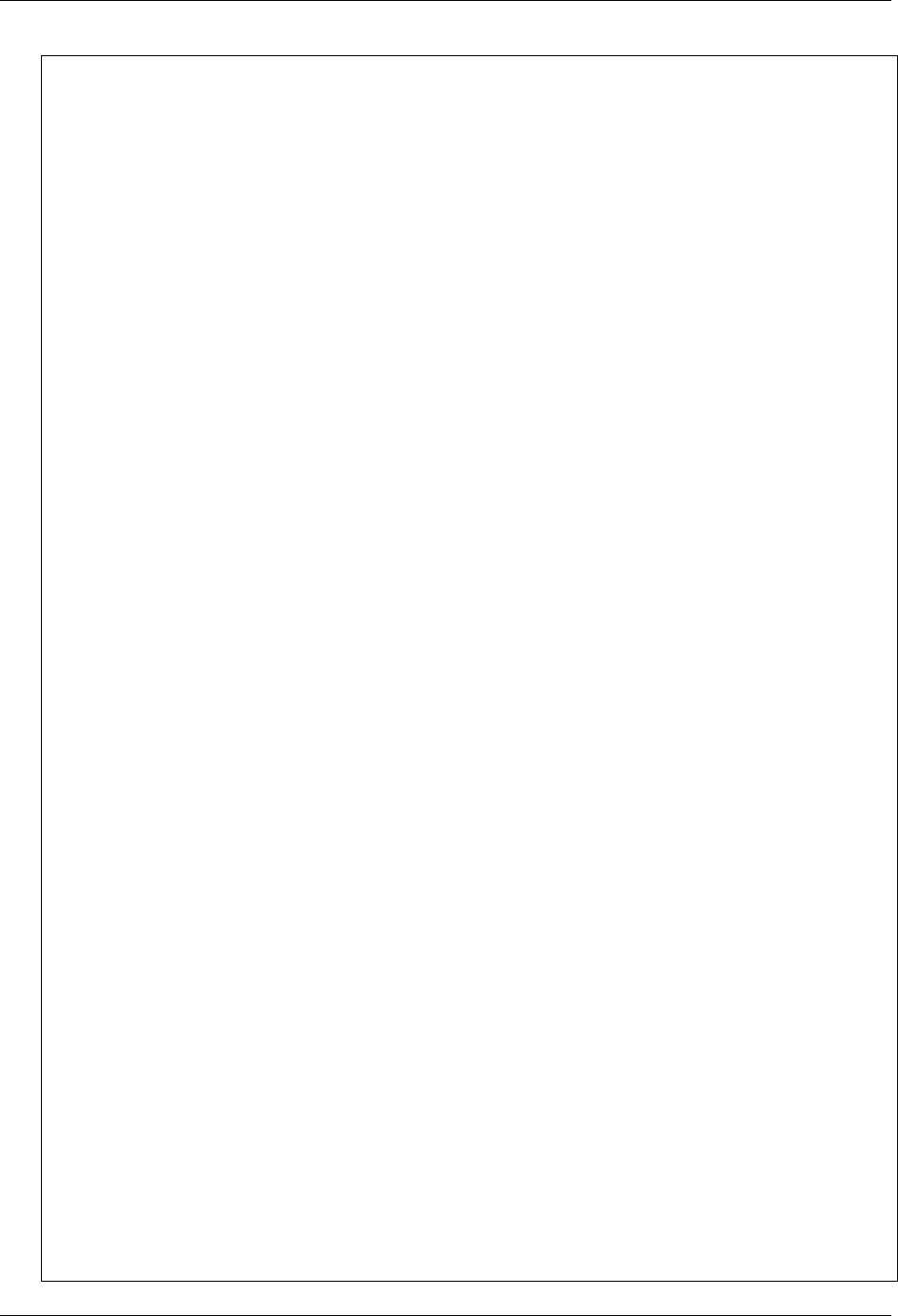
GeoServer User Manual, Release 2.15.1
"pixelRatio":1,
"width":16,
"x":18,
"y":1
},
"grey_square22": {
"height":22,
"pixelRatio":1,
"width":22,
"x":1,
"y":18
},
"green_square16": {
"height":16,
"pixelRatio":1,
"width":16,
"x":35,
"y":1
},
"grey_x": {
"height":30,
"pixelRatio":1,
"width":30,
"x":1,
"y":41
},
"grey_diag8": {
"height":8,
"pixelRatio":1,
"width":8,
"x":24,
"y":27
},
"grey_diag16": {
"height":16,
"pixelRatio":1,
"width":16,
"x":35,
"y":18
},
"grey_circle": {
"height":17,
"pixelRatio":1,
"width":17,
"x":36,
"y":36
},
"airport": {
"height":16,
"pixelRatio":1,
"width":16,
"x":52,
"y":18
},
"port": {
"height":16,
"pixelRatio":1,
"width":16,
1010 Chapter 6. Styling
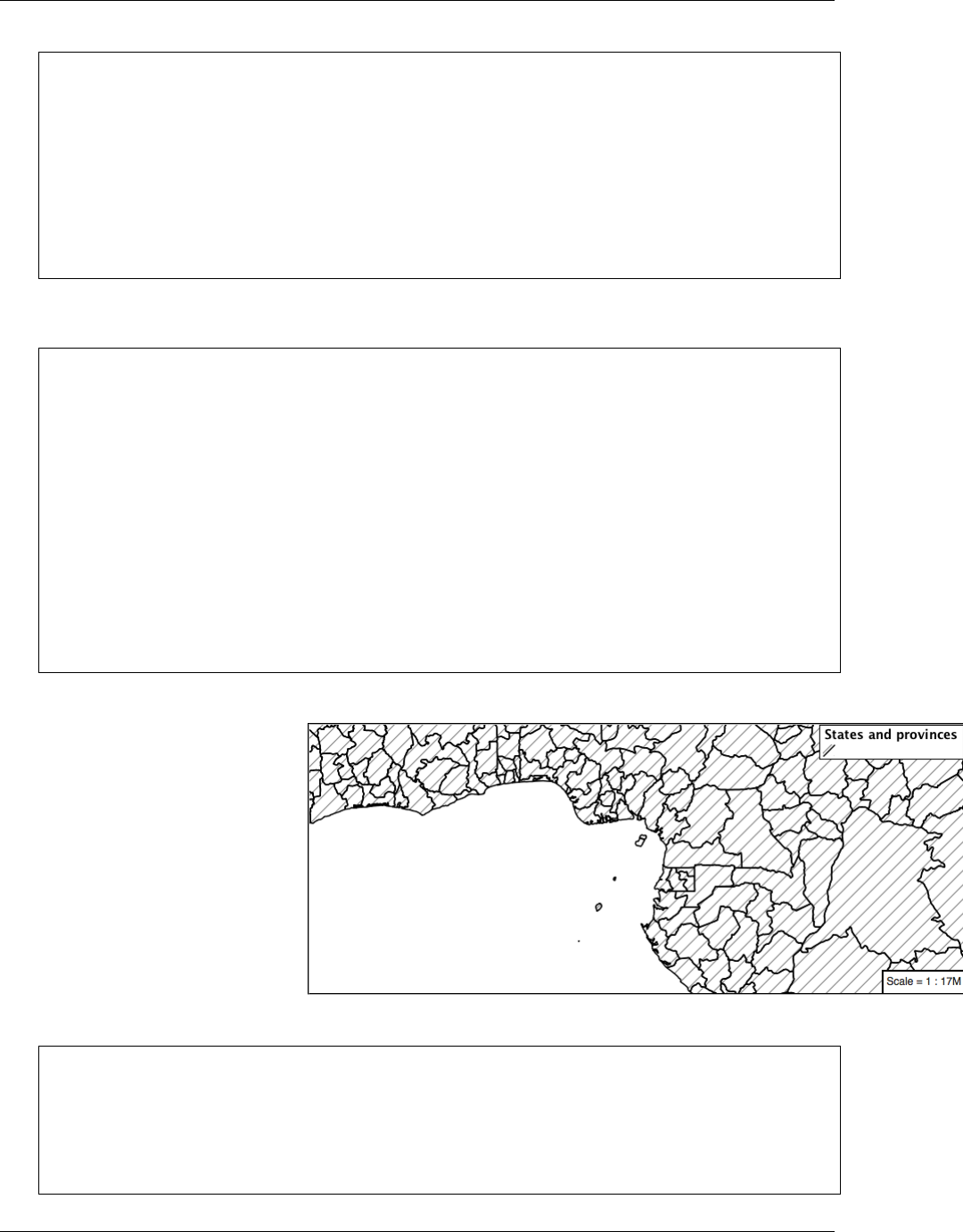
GeoServer User Manual, Release 2.15.1
"x":52,
"y":1
},
"star": {
"height":16,
"pixelRatio":1,
"width":16,
"x":69,
"y":1
}
}
Update the example to use grey_diag16 for a pattern of left hatch-
ing.
{
"version":8,
"name":"polygon_example",
"sprite
,→":"http://localhost:8080/geoserver/styles/sprites"
"layers": [
{
"id":"polygon_example",
"source-layer":"ne:states_provinces_shp",
"type":"fill",
"paint": {
"fill-pattern":"grey_diag16"
}
}
]
}
4. This approach is well suited to printed output or low color devices.
5. Multiple fills can be applied by using a seperate layer for each fill.
{
"version":8,
"name":"polygon_example",
"sprite
,→":"http://localhost:8080/geoserver/styles/sprites"
"layers": [
{
6.7. Styling Workshop 1011
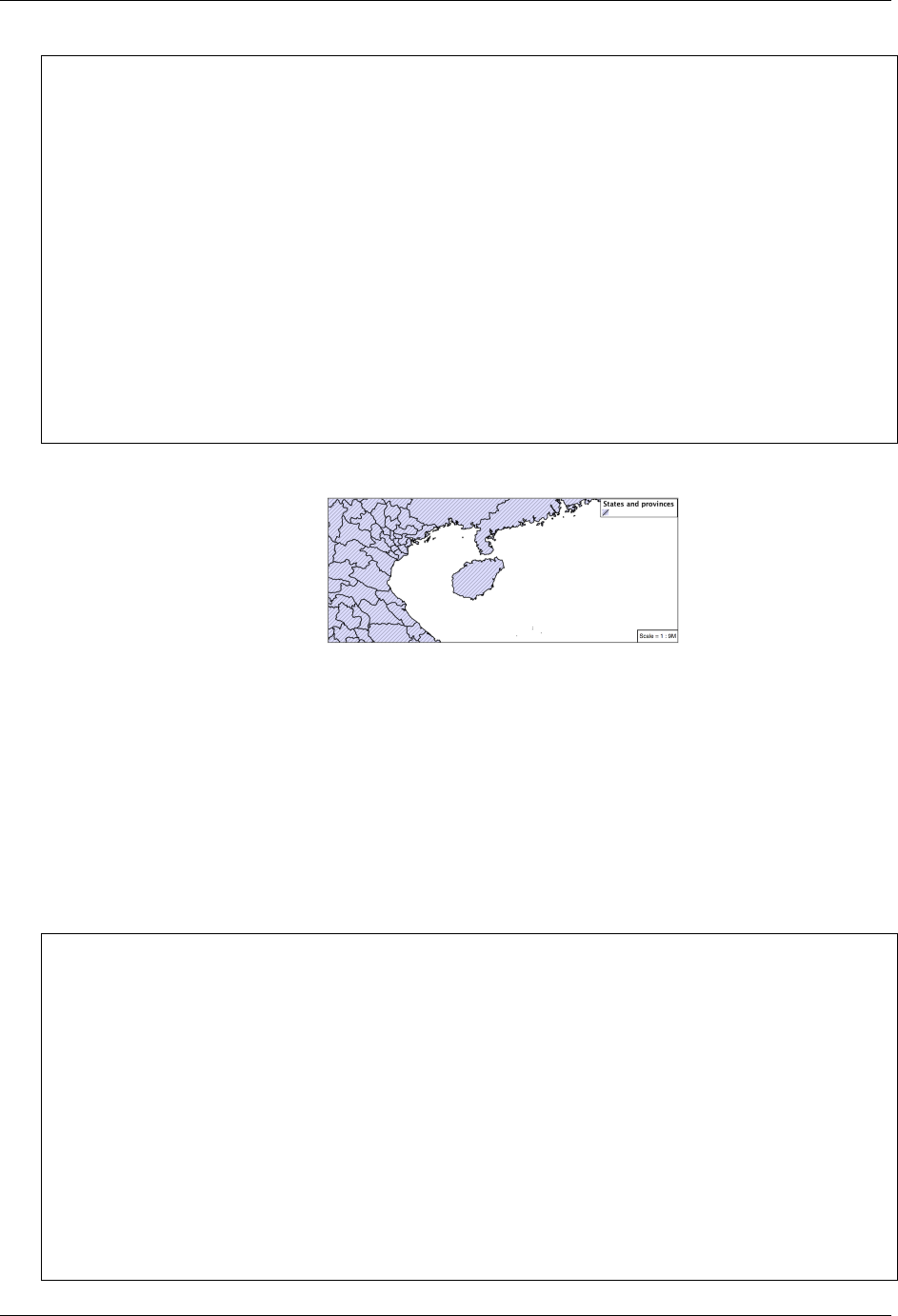
GeoServer User Manual, Release 2.15.1
"id":"polygon_background",
"source-layer":"ne:states_provinces_shp",
"type":"fill",
"paint": {
"fill-color":"#DDDDFF",
"fill-outline-color":"black"
}
},
{
"id":"polygon_pattern",
"source-layer":"ne:states_provinces_shp",
"type":"fill",
"paint": {
"fill-pattern":"grey_diag8"
}
}
]
}
6. The resulting image has a solid fill, with a pattern drawn overtop.
Label
Labeling polygons follows the same approach used for LineStrings.
1. By default labels are drawn starting at the centroid of each polygon.
2. Try out text-field and text-color by replacing our
polygon_example with the following:
{
"version":8,
"name":"polygon_example",
"layers": [
{
"id":"polygon_fill",
"source-layer":"ne:states_provinces_shp",
"type":"fill",
"paint": {
"fill-color":"#7EB5D3",
"fill-outline-color":"blue"
}
},
{
"id":"polygon_label",
"source-layer":"ne:states_provinces_shp",
1012 Chapter 6. Styling
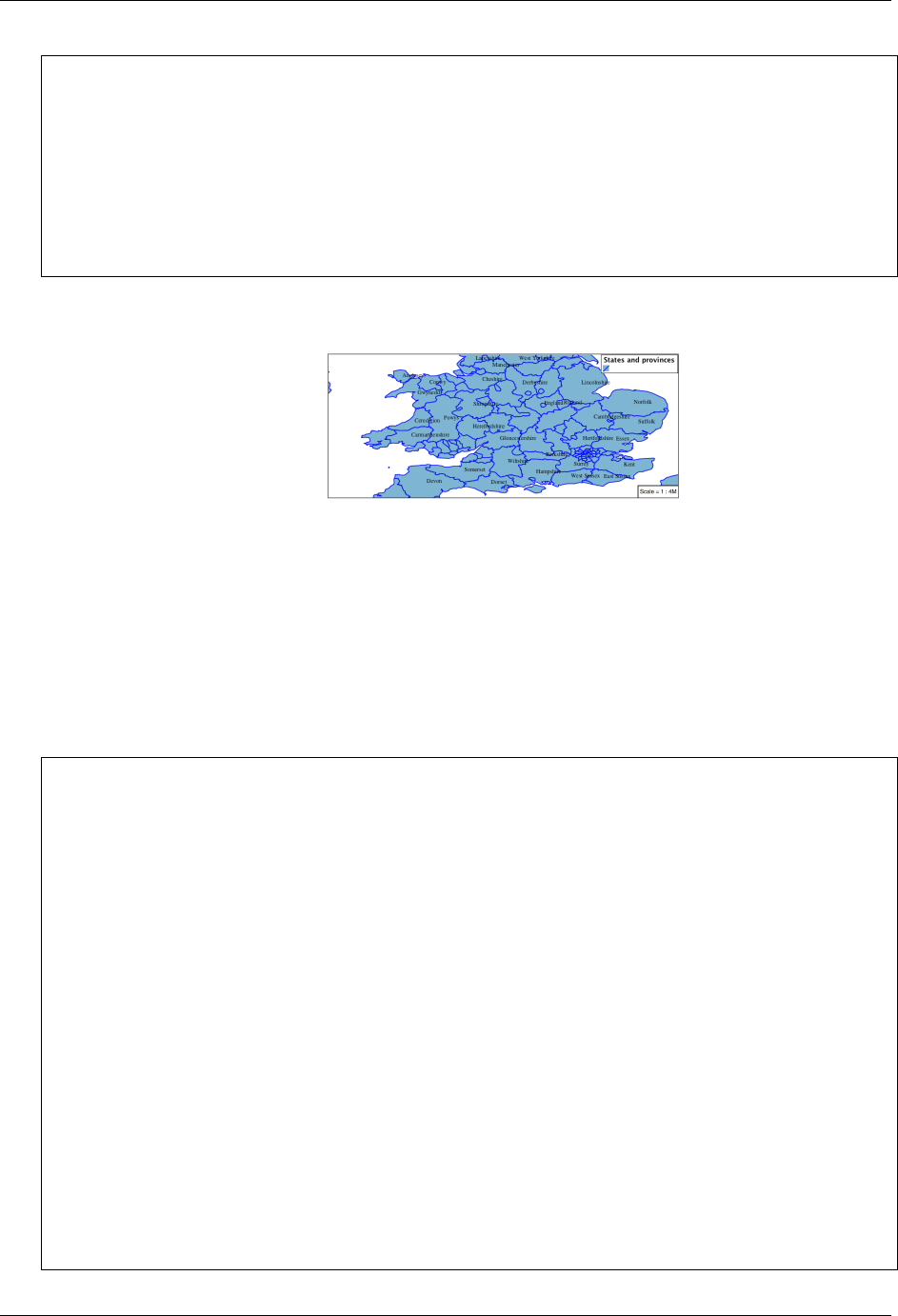
GeoServer User Manual, Release 2.15.1
"type":"symbol",
"layout": {
"text-field":"{name}"
},
"paint": {
"text-color":"black"
}
}
]
}
3. Each label is drawn from the lower-left corner as shown in the Map
preview.
4. We can adjust how the label is drawn at the polygon centroid.
The property text-anchor provides two numbers expressing how
a label is aligned with respect to the centroid. Adjusting the text-
anchor is the recommended approach to positioning your labels.
5. Using the text-anchor property we can center our labels with respect
to geometry centroid.
To align the center of our label we select “center” below:
{
"version":8,
"name":"polygon_example",
"layers": [
{
"id":"polygon_fill",
"source-layer":"ne:states_provinces_shp",
"type":"fill",
"paint": {
"fill-color":"#7EB5D3",
"fill-outline-color":"blue"
}
},
{
"id":"polygon_label",
"source-layer":"ne:states_provinces_shp",
"type":"symbol",
"layout": {
"text-field":"{name}",
"text-anchor":"center"
},
"paint": {
"text-color":"black"
}
6.7. Styling Workshop 1013
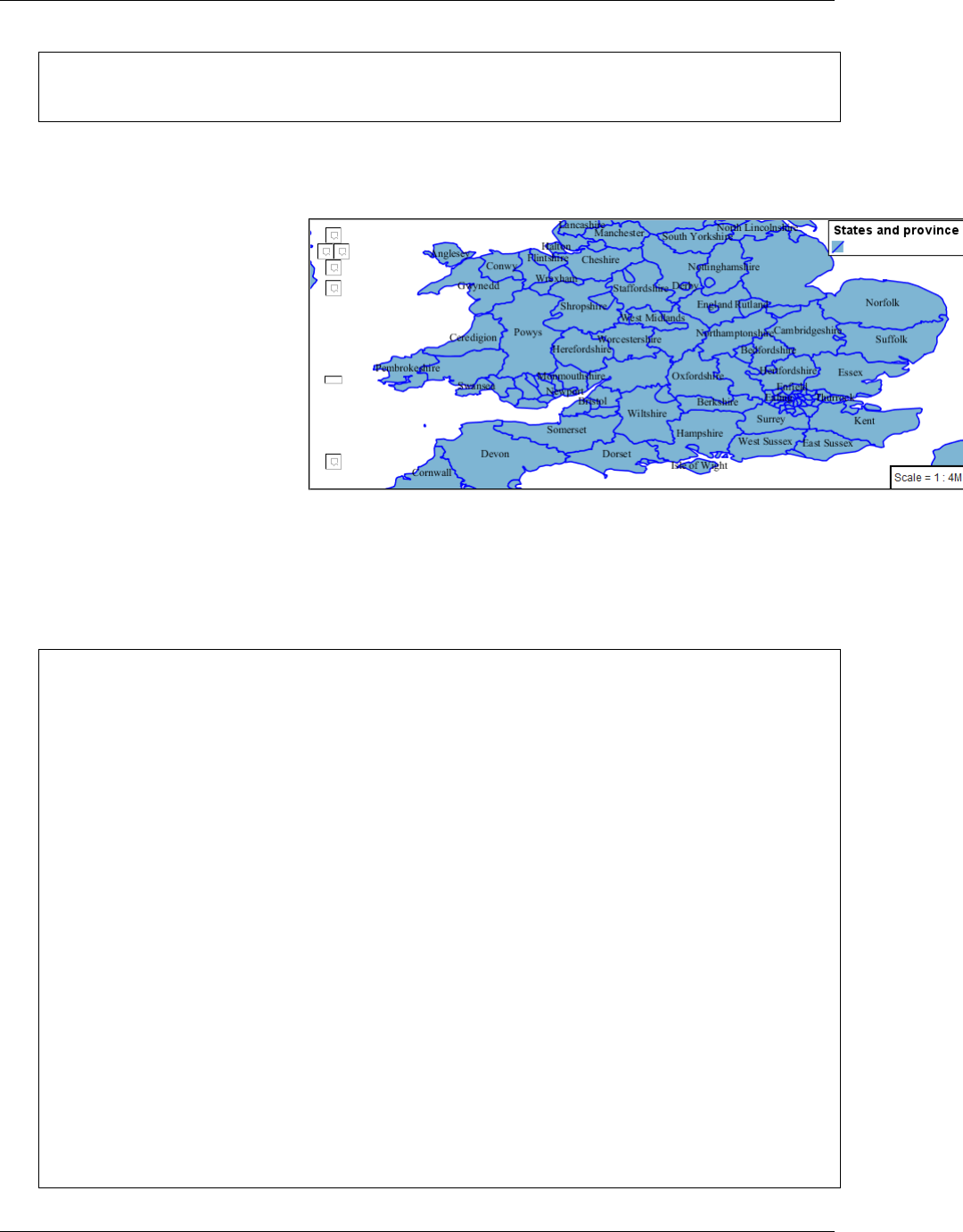
GeoServer User Manual, Release 2.15.1
}
]
}
6. The labeling position remains at the polygon centroid. We adjust
alignment by controlling which part of the label we are “snapping”
into position.
7. The property text-translate can be used to provide an initial dis-
placement using and x and y offset.
8. This offset is used to adjust the label position relative to the geome-
try centroid resulting in the starting label position.
{
"version":8,
"name":"polygon_example",
"layers": [
{
"id":"polygon_fill",
"source-layer":"ne:states_provinces_shp",
"type":"fill",
"paint": {
"fill-color":"#7EB5D3",
"fill-outline-color":"blue"
}
},
{
"id":"polygon_label",
"source-layer":"ne:states_provinces_shp",
"type":"symbol",
"layout": {
"text-field":"{name}",
},
"paint": {
"text-color":"black",
"text-translate": [0,-7]
}
}
]
}
1014 Chapter 6. Styling
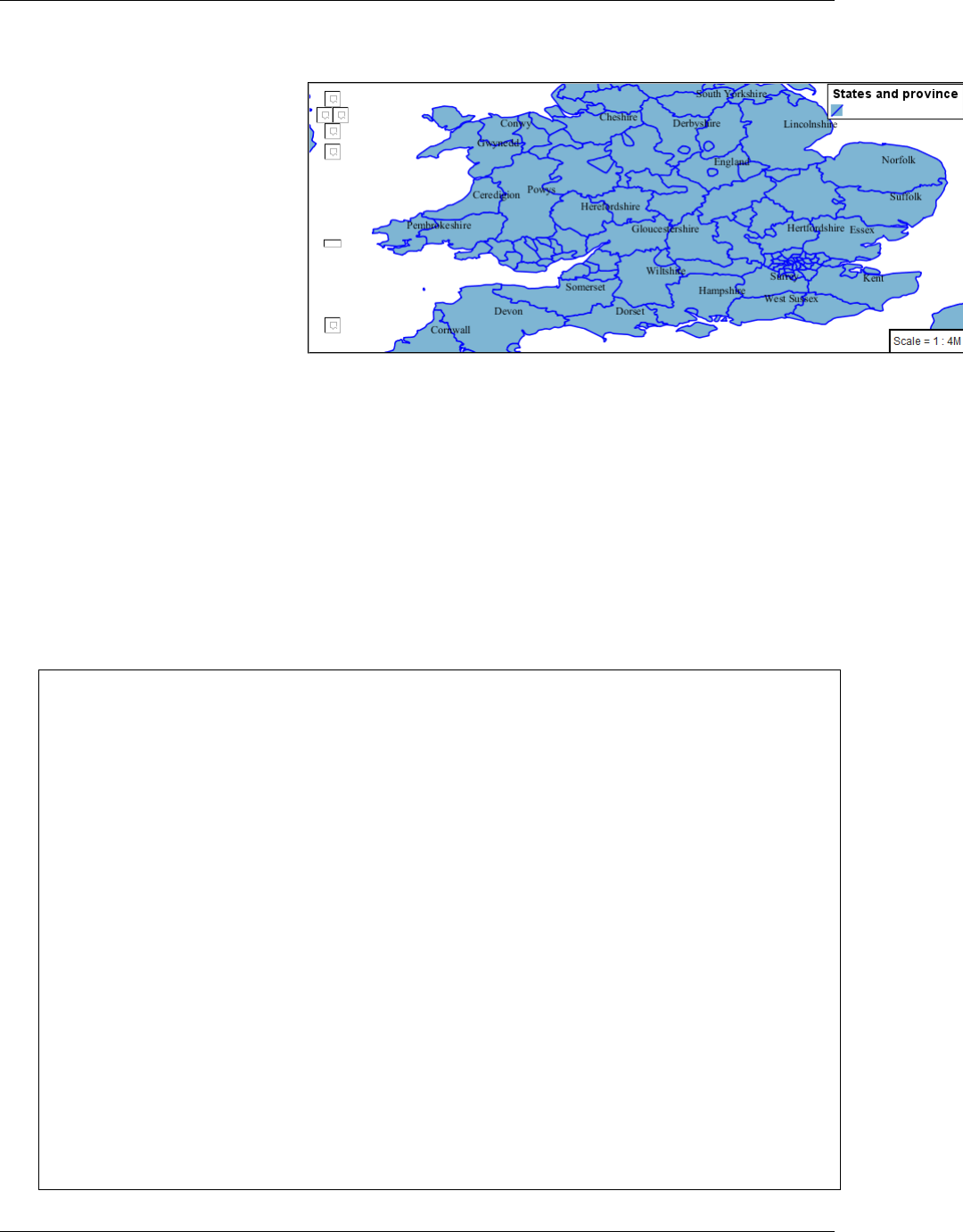
GeoServer User Manual, Release 2.15.1
9. Confirm this result in the map preview.
10. These two settings can be used together.
The rendering engine starts by determining the label position gen-
erated from the geometry centroid and the text-translate displace-
ment. The bounding box of the label is used with the text-anchor
setting align the label to this location.
Step 1: starting label position = centroid + displacement
Step 2: snap the label anchor to the starting label position
11. To move our labels down (allowing readers to focus on each shape)
we can use displacement combined with followed by horizontal
alignment.
{
"version":8,
"name":"polygon_example",
"layers": [
{
"id":"polygon_fill",
"source-layer":"ne:states_provinces_shp",
"type":"fill",
"paint": {
"fill-color":"#7EB5D3",
"fill-outline-color":"blue"
}
},
{
"id":"polygon_label",
"source-layer":"ne:states_provinces_shp",
"type":"symbol",
"layout": {
"text-field":"{name}",
"text-anchor":"left"
},
"paint": {
"text-color":"black",
"text-translate": [0,-7]
}
}
6.7. Styling Workshop 1015
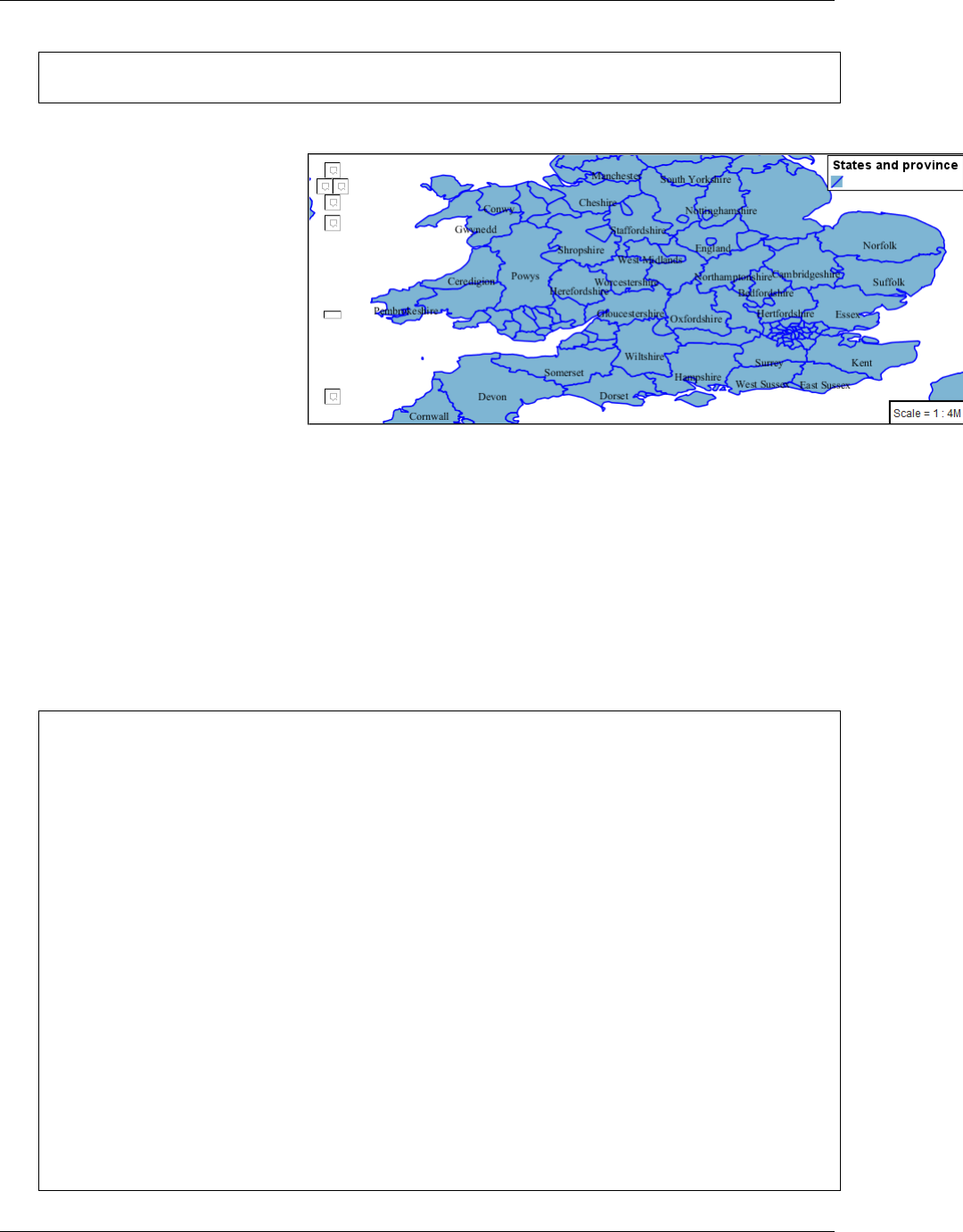
GeoServer User Manual, Release 2.15.1
]
}
12. As shown in the map preview.
Legibility
When working with labels a map can become busy very quickly,
and difficult to read.
1. MBStyle extensive proterties for controlling the labelling process.
One common property for controlling labeling is text-max-width,
which allows any labels extending past the provided width will be
wrapped into multiple lines.
2. Using this we can make a small improvement in our example:
{
"version":8,
"name":"polygon_example",
"layers": [
{
"id":"polygon_fill",
"source-layer":"ne:states_provinces_shp",
"type":"fill",
"paint": {
"fill-color":"#7EB5D3",
"fill-outline-color":"blue"
}
},
{
"id":"polygon_label",
"source-layer":"ne:states_provinces_shp",
"type":"symbol",
"layout": {
"text-field":"{name}",
"text-anchor":"center"
"text-max-width":14
},
"paint": {
"text-color":"black",
1016 Chapter 6. Styling
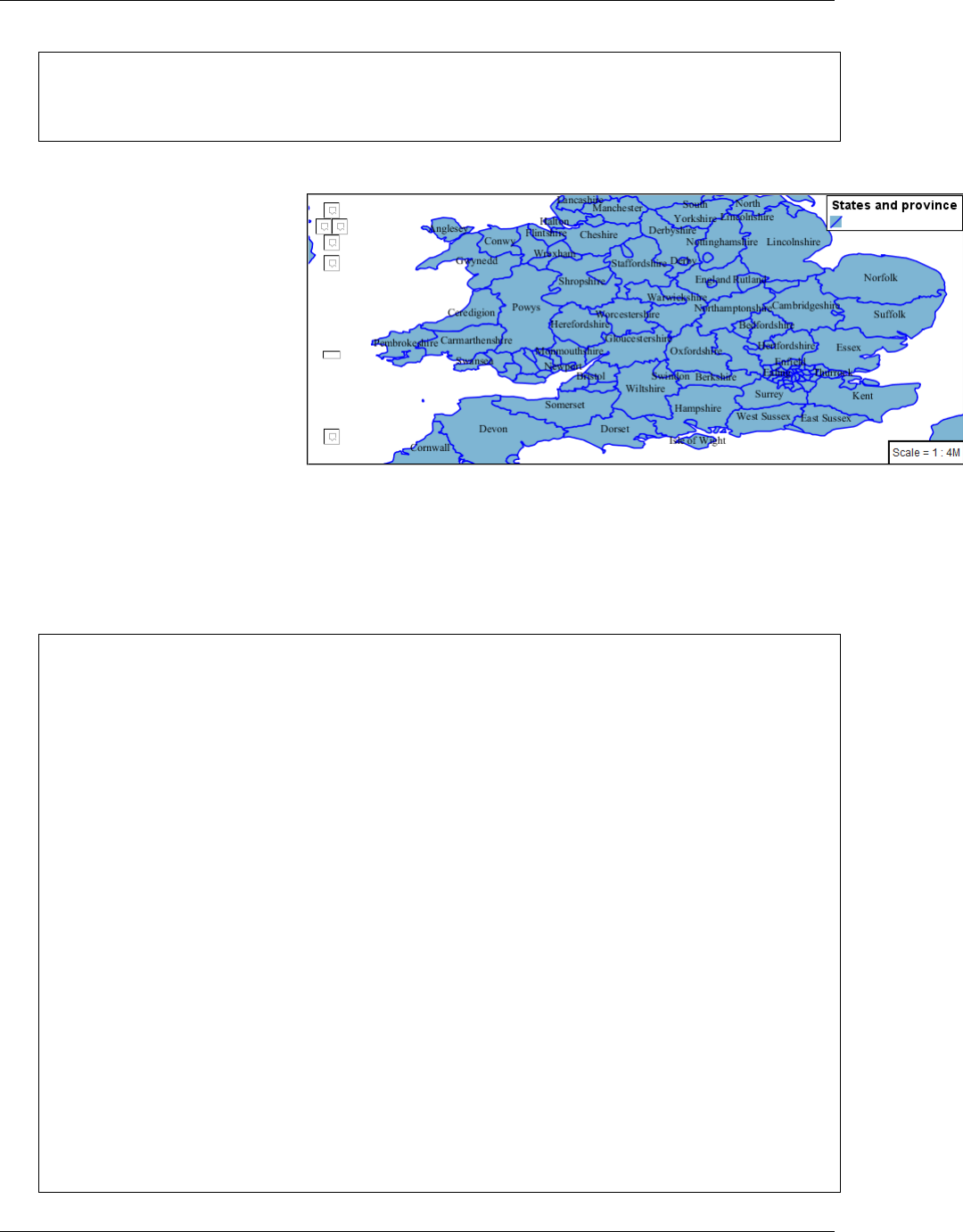
GeoServer User Manual, Release 2.15.1
}
}
]
}
3. As shown in the following preview.
4. Even with this improved spacing between labels, it is difficult to
read the result against the complicated line work.
Use of a halo to outline labels allows the text to stand out from an
otherwise busy background. In this case we will make use of the fill
color, to provide some space around our labels. We will also change
the font to Arial.
{
"version":8,
"name":"polygon_example",
"layers": [
{
"id":"polygon_fill",
"source-layer":"ne:states_provinces_shp",
"type":"fill",
"paint": {
"fill-color":"#7EB5D3",
"fill-outline-color":"blue"
}
},
{
"id":"polygon_label",
"source-layer":"ne:states_provinces_shp",
"type":"symbol",
"layout": {
"text-field":"{name}",
"text-anchor":"center"
"text-max-width":14,
"text-font": ["Arial"]
},
"paint": {
"text-color":"black",
"text-halo-color":"#7EB5D3",
"text-halo-width":2
6.7. Styling Workshop 1017
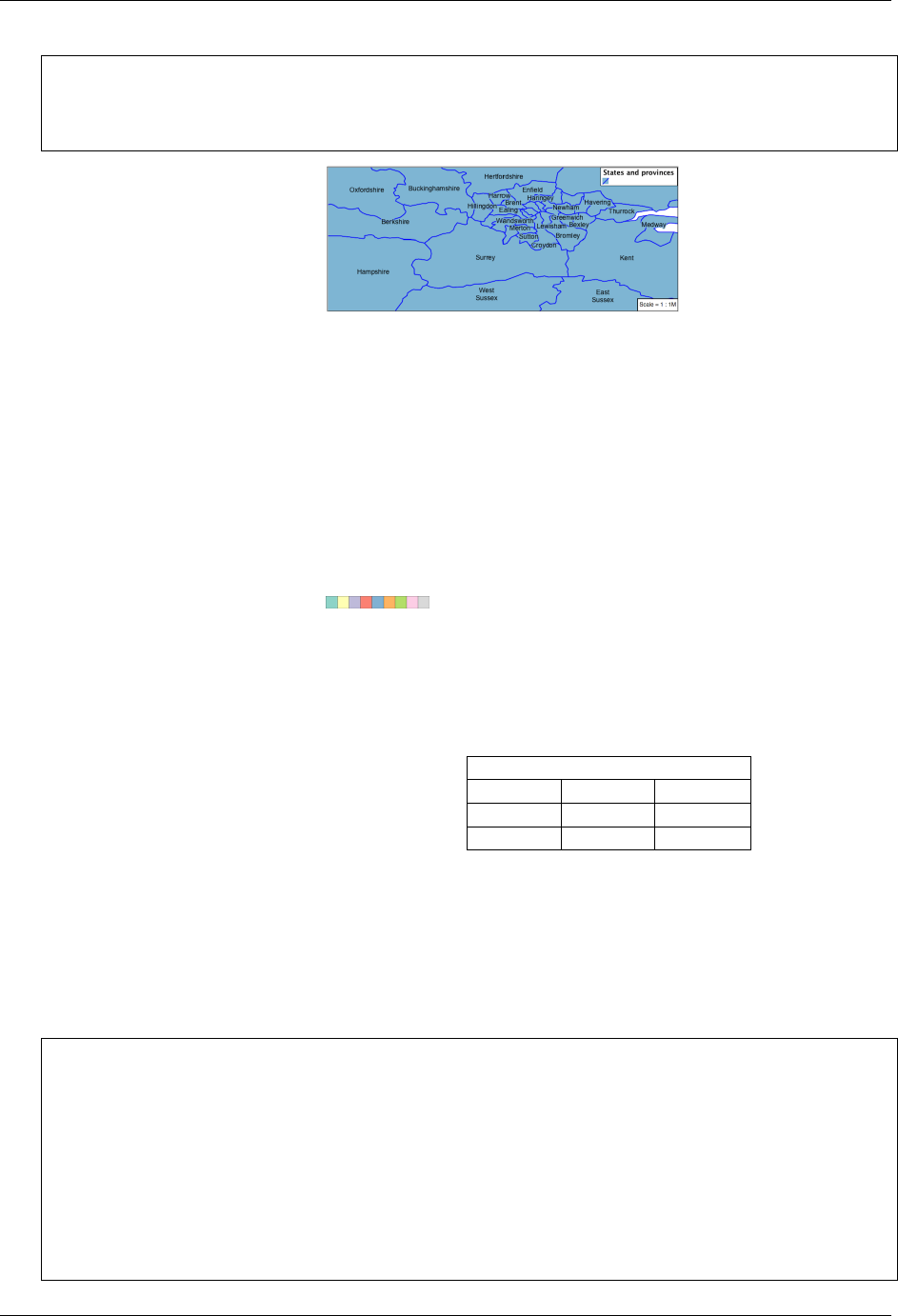
GeoServer User Manual, Release 2.15.1
}
}
]
}
Theme
A thematic map (rather than focusing on representing the shape of
the world) uses elements of style to illustrate differences in the data
under study. This section is a little more advanced and we will take
the time to look at the generated SLD file.
1. We can use a site like ColorBrewer to explore the use of color them-
ing for polygon symbology. In this approach the the fill color of the
polygon is determined by the value of the attribute under study.
This presentation of a dataset is known as “theming” by an attribute.
2. For our ne:states_provinces_shp dataset, a mapcolor9 at-
tribute has been provided for this purpose. Theming by mapcolor9
results in a map where neighbouring countries are visually distinct.
Qualitative 9-class Set3
#8dd3c7 #fb8072 #b3de69
#ffffb3 #80b1d3 #fccde5
#bebada #fdb462 #d9d9d9
If you are unfamiliar with theming you may wish to visit http://
colorbrewer2.org to learn more. The iicons provide an adequate
background on theming approaches for qualitative, sequential and
diverging datasets.
3. The first approach we will take is to directly select content based on
colormap, providing a color based on the 9-class Set3 palette above:
{
"version":8,
"name":"polygon_example",
"layers": [
{
"id":"polygon_1",
"filter": ["==","mapcolor9",1],
"source-layer":"ne:states_provinces_shp",
"type":"fill",
"paint": {
"fill-color":"#8DD3C7",
1018 Chapter 6. Styling
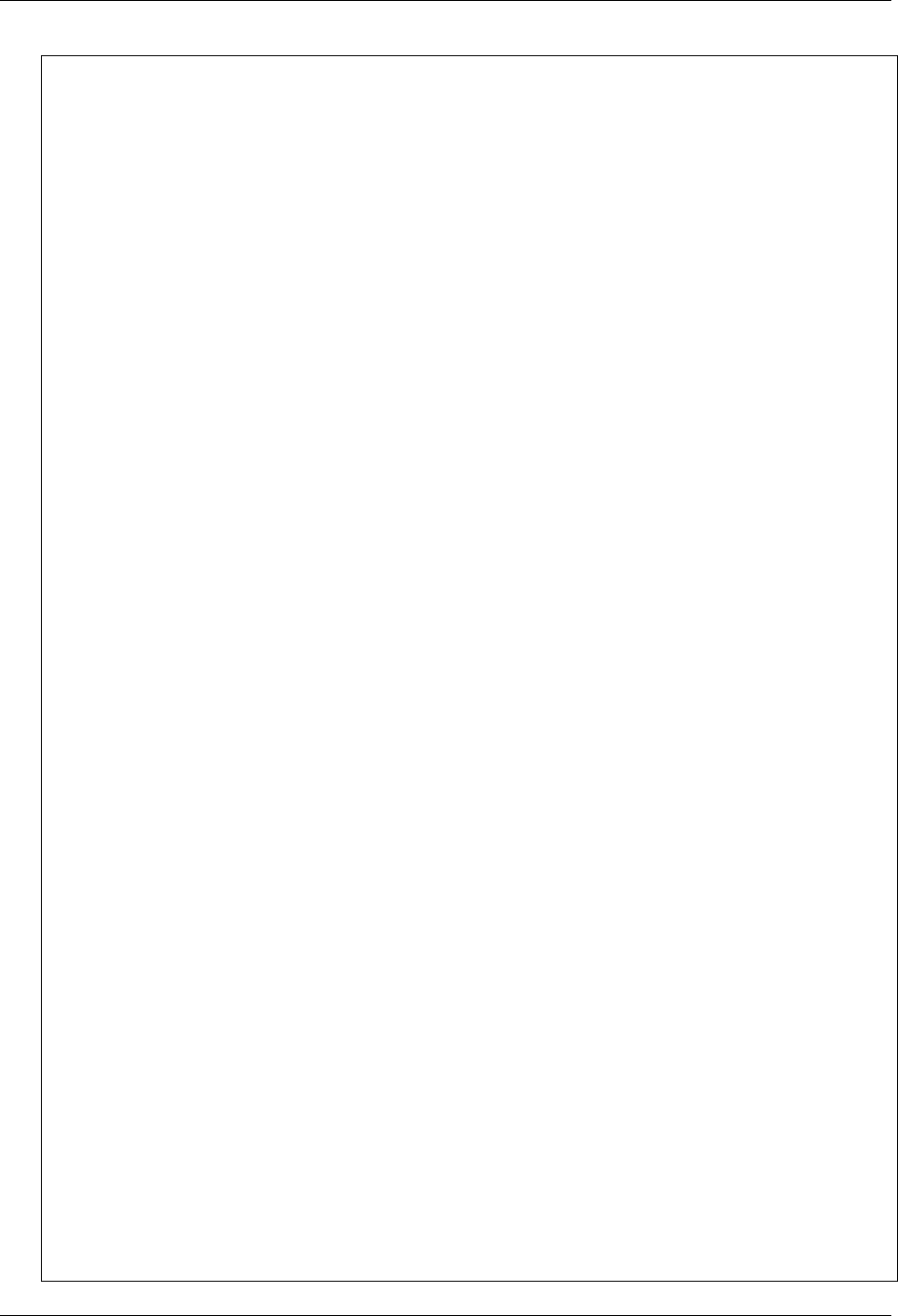
GeoServer User Manual, Release 2.15.1
"fill-outline-color":"gray"
}
},
{
"id":"polygon_2",
"filter": ["==","mapcolor9",2],
"source-layer":"ne:states_provinces_shp",
"type":"fill",
"paint": {
"fill-color":"#FFFFB3",
"fill-outline-color":"gray"
}
},
{
"id":"polygon_3",
"filter": ["==","mapcolor9",3],
"source-layer":"ne:states_provinces_shp",
"type":"fill",
"paint": {
"fill-color":"#BEBADA",
"fill-outline-color":"gray"
}
},
{
"id":"polygon_4",
"filter": ["==","mapcolor9",4],
"source-layer":"ne:states_provinces_shp",
"type":"fill",
"paint": {
"fill-color":"#FB8072",
"fill-outline-color":"gray"
}
},
{
"id":"polygon_5",
"filter": ["==","mapcolor9",5],
"source-layer":"ne:states_provinces_shp",
"type":"fill",
"paint": {
"fill-color":"#80B1D3",
"fill-outline-color":"gray"
}
},
{
"id":"polygon_6",
"filter": ["==","mapcolor9",6],
"source-layer":"ne:states_provinces_shp",
"type":"fill",
"paint": {
"fill-color":"#FDB462",
"fill-outline-color":"gray"
}
},
{
"id":"polygon_7",
"filter": ["==","mapcolor9",7],
"source-layer":"ne:states_provinces_shp",
"type":"fill",
6.7. Styling Workshop 1019

GeoServer User Manual, Release 2.15.1
"paint": {
"fill-color":"#B3DE69",
"fill-outline-color":"gray"
}
},
{
"id":"polygon_8",
"filter": ["==","mapcolor9",8],
"source-layer":"ne:states_provinces_shp",
"type":"fill",
"paint": {
"fill-color":"#FCCDE5",
"fill-outline-color":"gray"
}
},
{
"id":"polygon_9",
"filter": ["==","mapcolor9",9],
"source-layer":"ne:states_provinces_shp",
"type":"fill",
"paint": {
"fill-color":"#D9D9D9",
"fill-outline-color":"gray"
}
}
]
}
4. The Map tab can be used to preview this result.
5. Property functions can be used to make theming substantially eas-
ier, by directly mapping property values to style values using an ar-
ray of stops. MBStyle supports three types of function interpolation,
which is used to define the behavior between these stops:
•categorical: Used the theme qualitative data. Attribute values are
directly mapped to styling property such as fill or stroke-width.
Equvalent to the SLD Recode function.
•interval: Used the theme quantitative data. Categories are defined
using min and max ranges, and values are sorted into the appropri-
ate category. Equvalent to the SLD Categorize function.
•exponential: Used to smoothly theme quantitative data by calculat-
ing a styling property based on an attribute value. Supports a base
attribute for controlling the steepness of interpolation. When base
is 1, this is equivalent to the SLD Interpolate function.
Theming is an activity, producing a visual result allow map readers
to learn more about how an attribute is distributed spatially. We are
free to produce this visual in the most efficient way possible.
1020 Chapter 6. Styling
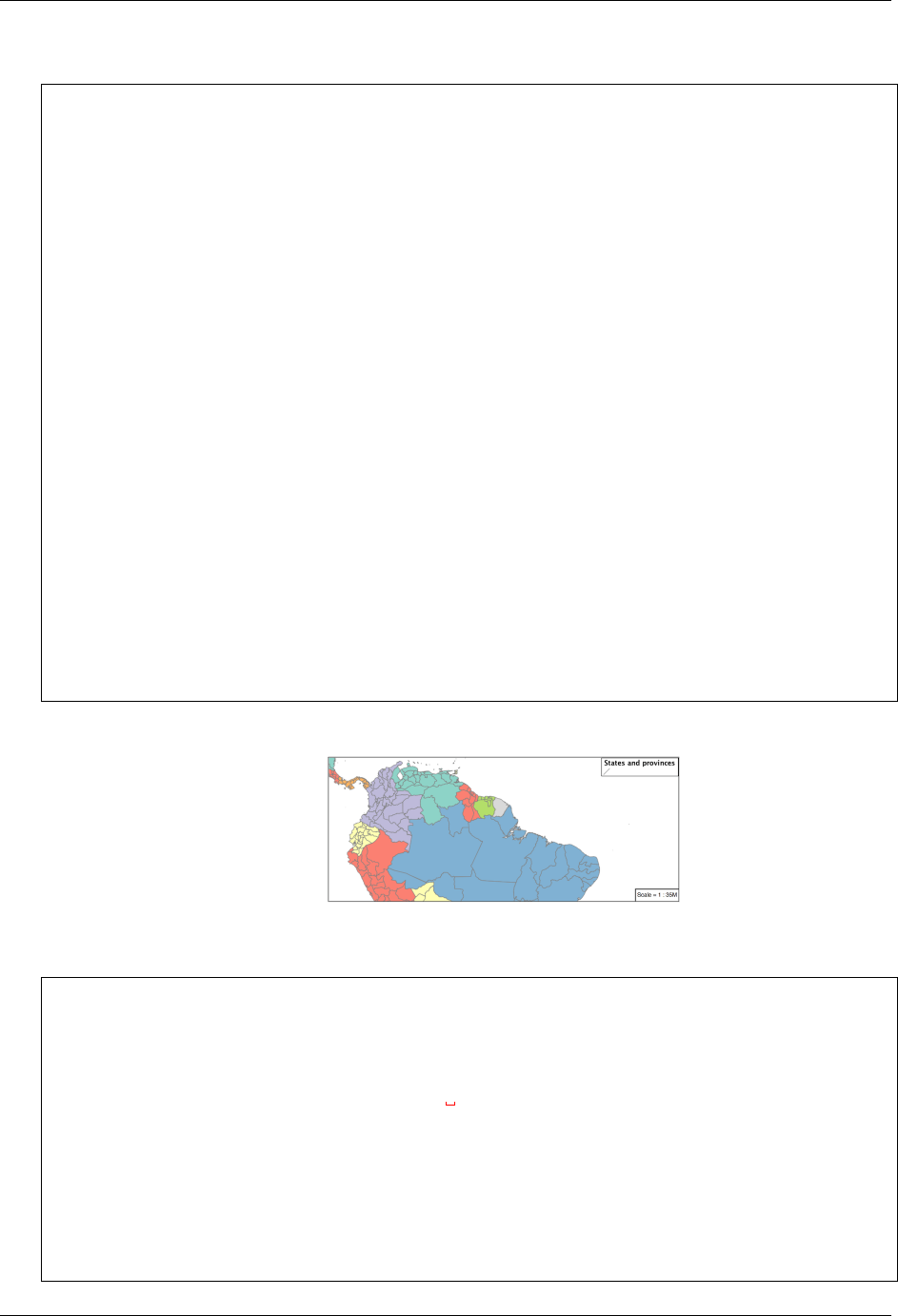
GeoServer User Manual, Release 2.15.1
6. Swap out mapcolor9 theme to use the categorical function:
{
"version":8,
"name":"polygon_example",
"layers": [
{
"id":"polygon",
"source-layer":"ne:states_provinces_shp",
"type":"fill",
"paint": {
"fill-color": {
"property":"mapcolor9",
"type":"categorical",
"stops": [
[1,"#8dd3c7"],
[2,"#ffffb3"],
[3,"#bebada"],
[4,"#fb8072"],
[5,"#80b1d3"],
[6,"#fdb462"],
[7,"#b3de69"],
[8,"#fccde5"],
[9,"#d9d9d9"]
]
},
"fill-outline-color":"gray"
}
}
]
}
7. The Map tab provides the same preview.
8. The Generated SLD tab shows where things get interesting. Our gen-
erated style now consists of a single Rule:
<sld:Rule>
<sld:PolygonSymbolizer>
<sld:Fill>
<sld:CssParameter name="fill">
<ogc:Function name="Recode">
,→<ogc:PropertyName>mapcolor9</ogc:PropertyName>
<ogc:Literal>1</ogc:Literal>
<ogc:Literal>#8dd3c7</ogc:Literal>
<ogc:Literal>2</ogc:Literal>
<ogc:Literal>#ffffb3</ogc:Literal>
<ogc:Literal>3</ogc:Literal>
<ogc:Literal>#bebada</ogc:Literal>
<ogc:Literal>4</ogc:Literal>
6.7. Styling Workshop 1021
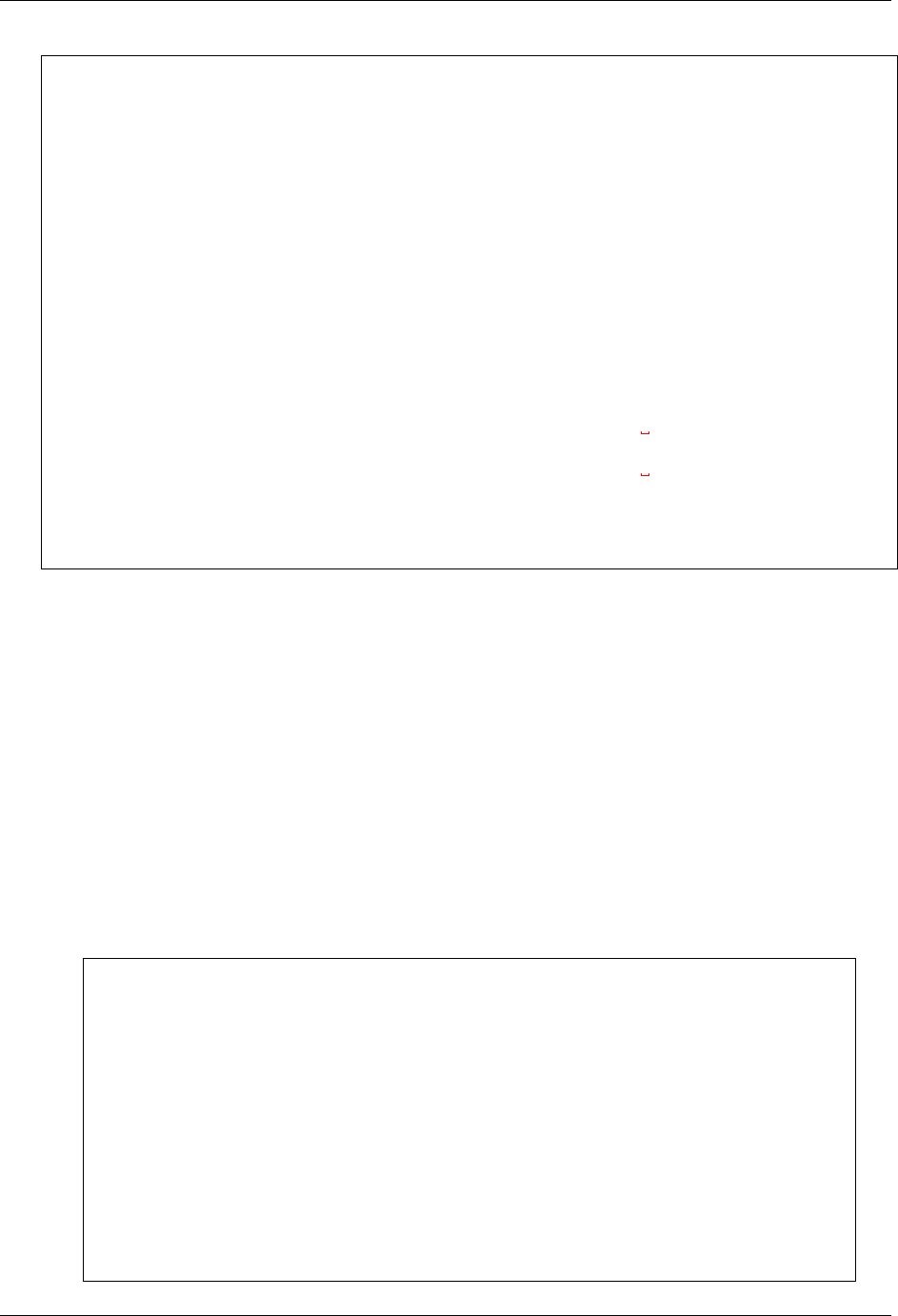
GeoServer User Manual, Release 2.15.1
<ogc:Literal>#fb8072</ogc:Literal>
<ogc:Literal>5</ogc:Literal>
<ogc:Literal>#80b1d3</ogc:Literal>
<ogc:Literal>6</ogc:Literal>
<ogc:Literal>#fdb462</ogc:Literal>
<ogc:Literal>7</ogc:Literal>
<ogc:Literal>#b3de69</ogc:Literal>
<ogc:Literal>8</ogc:Literal>
<ogc:Literal>#fccde5</ogc:Literal>
<ogc:Literal>9</ogc:Literal>
<ogc:Literal>#d9d9d9</ogc:Literal>
</ogc:Function>
</sld:CssParameter>
</sld:Fill>
</sld:PolygonSymbolizer>
<sld:LineSymbolizer>
<sld:Stroke>
<sld:CssParameter
,→name="stroke">#808080</sld:CssParameter>
<sld:CssParameter
,→name="stroke-width">0.5</sld:CssParameter>
</sld:Stroke>
</sld:LineSymbolizer>
</sld:Rule>
Bonus
The following optional explore and challenge activities offer a
chance to review and apply the ideas introduced here. The chal-
lenge activities equire a bit of creativity and research to complete.
In a classroom setting you are encouraged to team up into groups,
with each group taking on a different challenge.
Explore Interval
1. The interval function can be used to generate property values based
on quantitative information. Here is an example using interval to
color states according to size.
{
"version":8,
"name":"polygon_example",
"layers": [
{
"id":"polygon",
"source-layer":"ne:states_provinces_shp",
"type":"fill",
"paint": {
"fill-color": {
"property":"Shape_Area",
"type":"interval",
"stops": [
[0,"#08519c"],
[0.5,"#3182bd"],
1022 Chapter 6. Styling
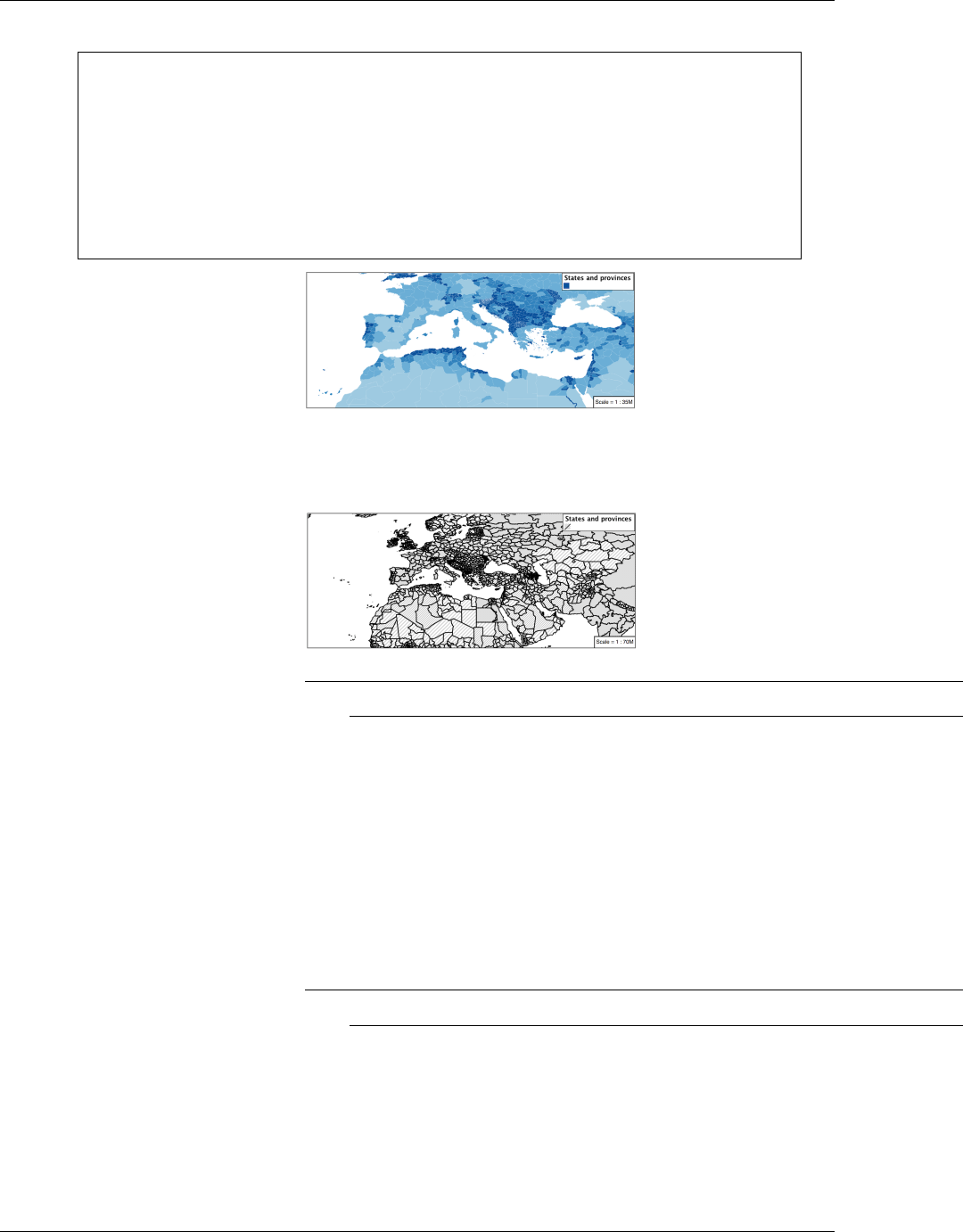
GeoServer User Manual, Release 2.15.1
[1,"#6baed6"],
[5,"#9ecae1"],
[60,"#c6dbef"],
[80,"#eff3ff"]
]
}
}
}
]
}
2. An exciting use of the GeoServer shape symbols is the theming by
changing the size used for pattern density.
3. Explore: Use the interval function to theme by datarank.
Note: Answer provided at the end of the workbook.
Challenge Halo
1. The halo example used the fill color and opacity for a muted halo,
while this improved readability it did not bring attention to our la-
bels.
A common design choice for emphasis is to outline the text in a con-
trasting color.
2. Challenge: Produce a map that uses a white halo around black text.
Note: Answer provided at the end of the workbook.
Challenge Theming using Multiple Attributes
1. A powerful tool is theming using multiple attributes. This is an im-
portant concept allowing map readers to perform “integration by
6.7. Styling Workshop 1023
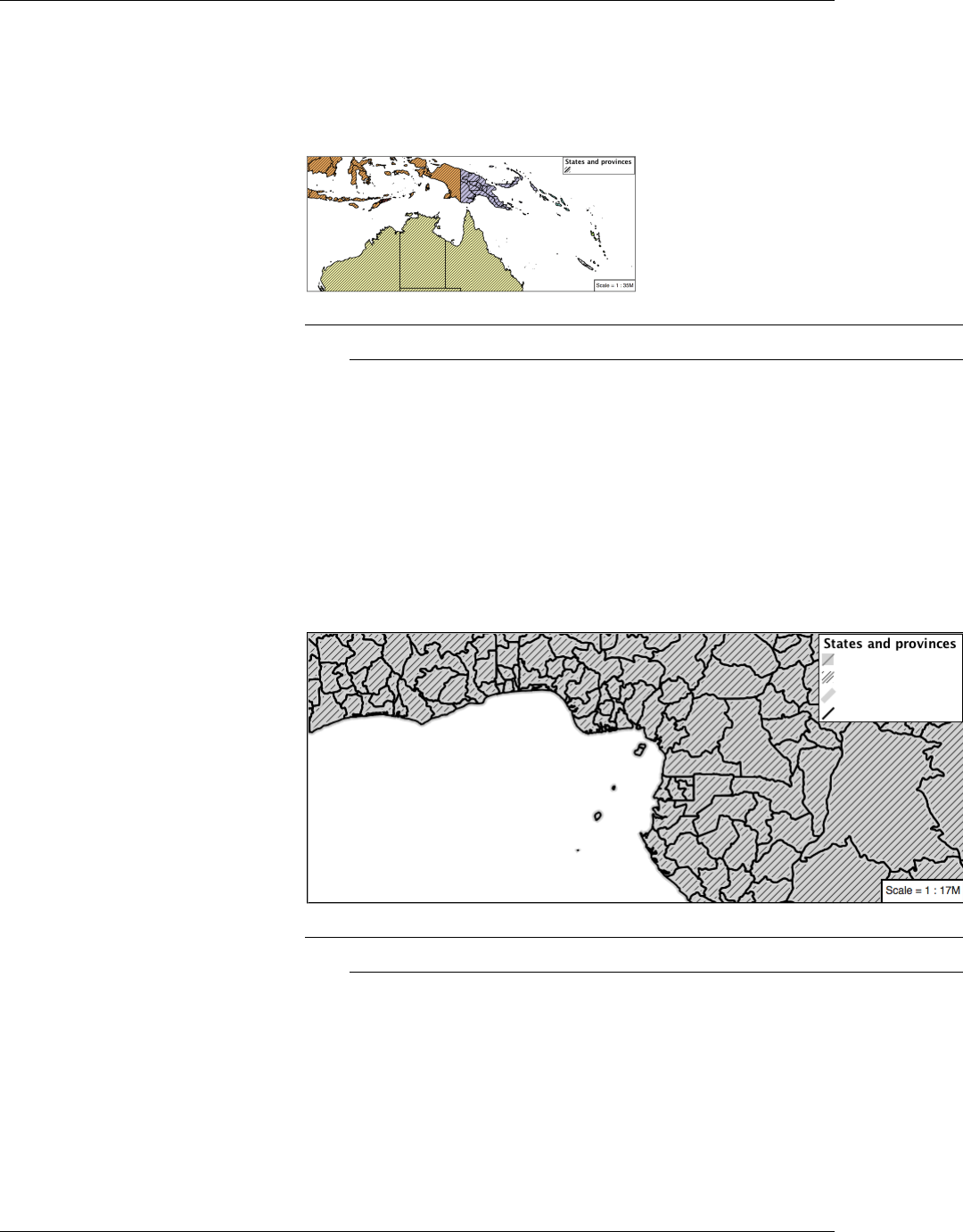
GeoServer User Manual, Release 2.15.1
eyeball” (detecting correlations between attribute values informa-
tion).
2. Challenge: Combine the mapcolor9 and datarank examples to re-
produce the following map.
Note: Answer provided at the end of the workbook.
Challenge Use of Z-Index
1. Earlier we looked at using multiple layers to simulate line string
casing. The line work was drawn twice, once with thick line, and
then a second time with a thinner line. The resulting effect is similar
to text halos - providing breathing space around complex line work
allowing it to stand out.
2. Challenge: Use what you know of rendering order to reproduce the
following map:
Note: Answer provided at the end of the workbook.
Points
The next stop of the mbstyle styling tour is the representation of
points.
Review of point symbology:
1024 Chapter 6. Styling
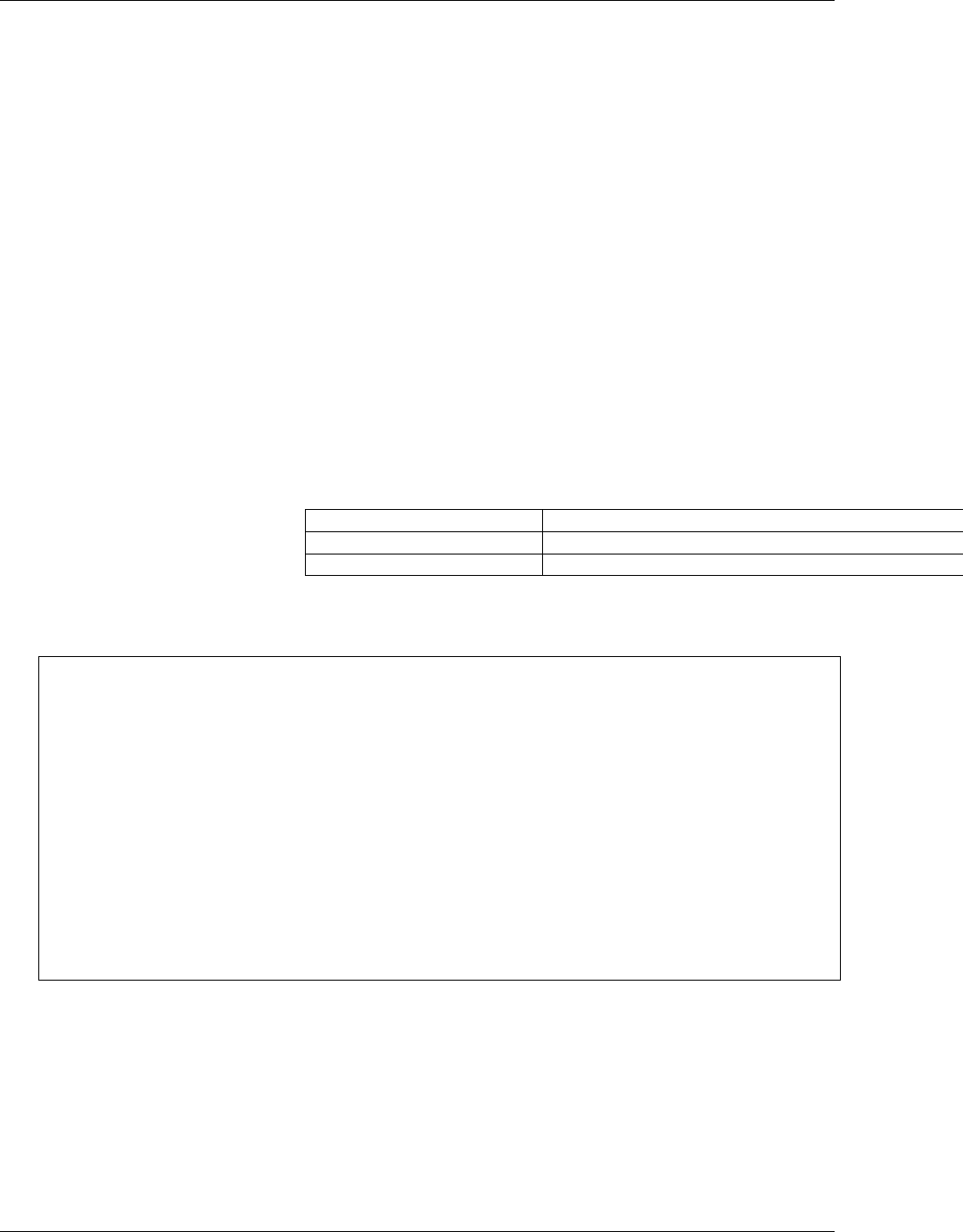
GeoServer User Manual, Release 2.15.1
• Points are used to represent a location only, and do not form a shape.
The visual width of lines do not change depending on scale.
• SLD uses a PointSymbolizer record how the shape of a line is
drawn.
• Labeling of points is anchored to the point location.
As points have no inherent shape of of their own, emphasis is placed
on marking locations with an appropriate symbol.
Reference:
•MBStyle Reference
•MapBox Style Spec Symbol Layer
•MapBox Style Spec Circle Layer
•Point (User Manual | SLD Reference )
This exercise makes use of the ne:populated_places layer.
1. Navigate to the Styles page.
2. Click Add a new style and choose the following:
Name: point_example
Workspace: No workspace
Format: MBStyle
3. Replace the initial MBStyle definition with the following and click
apply:
{
"version":8,
"name":"point_example",
"sprite
,→":"http://localhost:8080/geoserver/styles/sprites"
"layers": [
{
"id":"point_example",
"type":"symbol",
"source-layer":"ne:populated_places",
"layout": {
"icon-image":"grey_circle",
}
}
]
}
4. And use the Layer Preview tab to preview the result.
6.7. Styling Workshop 1025
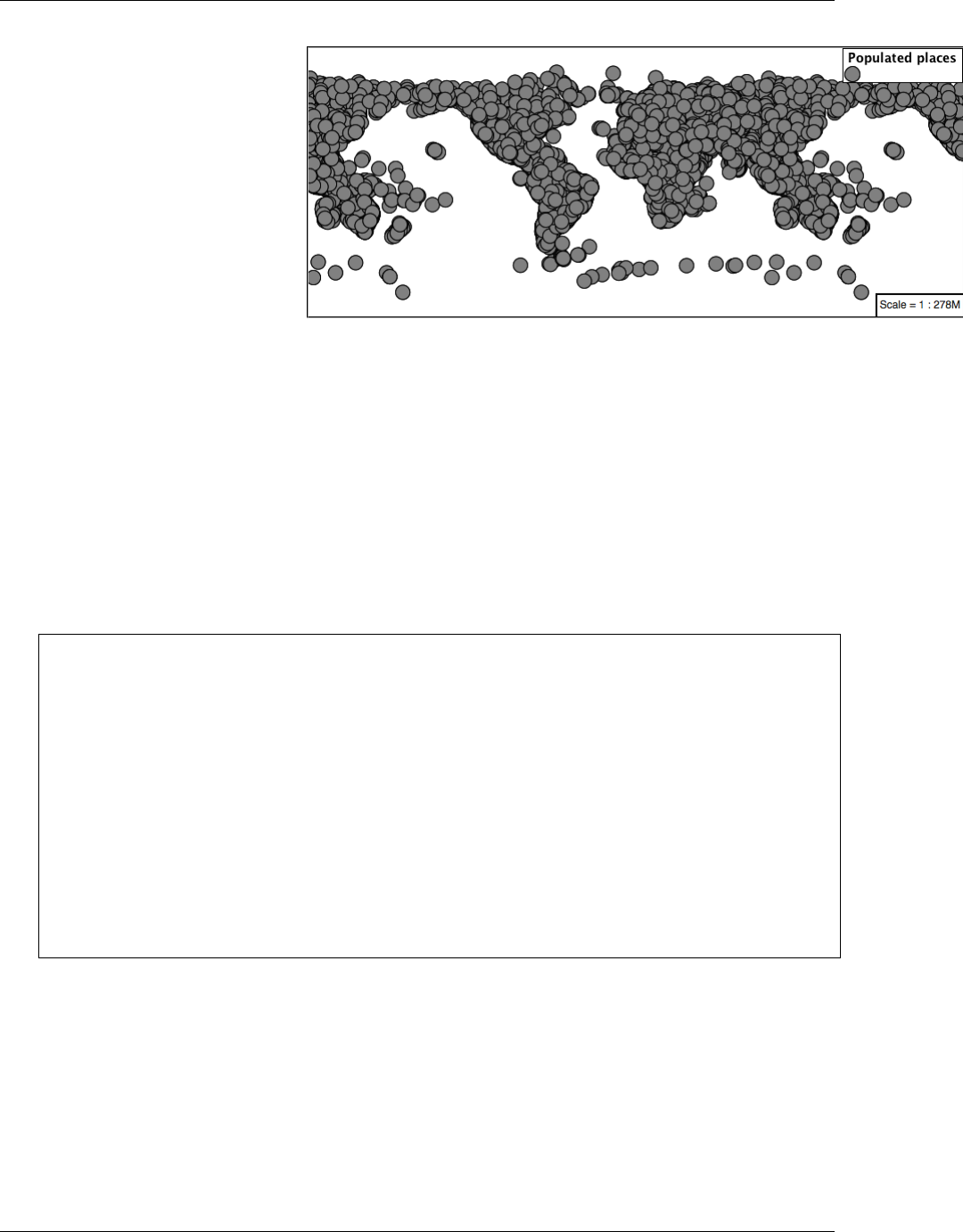
GeoServer User Manual, Release 2.15.1
Sprite
The symbol layer controls the display of point data. Points are typ-
ically represented with an icon-image.
MBStyle uses a spritesheet defined at the top-level of the style to
define a set of icons. You can view the names of all the icons in
the spritesheet by looking at its json definition, at http://localhost:
8080/geoserver/styles/sprites.json.
1. Change the symbol used by the style to a square:
{
"version":8,
"name":"point_example",
"sprite
,→":"http://localhost:8080/geoserver/styles/sprites"
"layers": [
{
"id":"point_example",
"type":"symbol",
"source-layer":"ne:populated_places",
"layout": {
"icon-image":"grey_square16",
}
}
]
}
2. Map Preview:
1026 Chapter 6. Styling
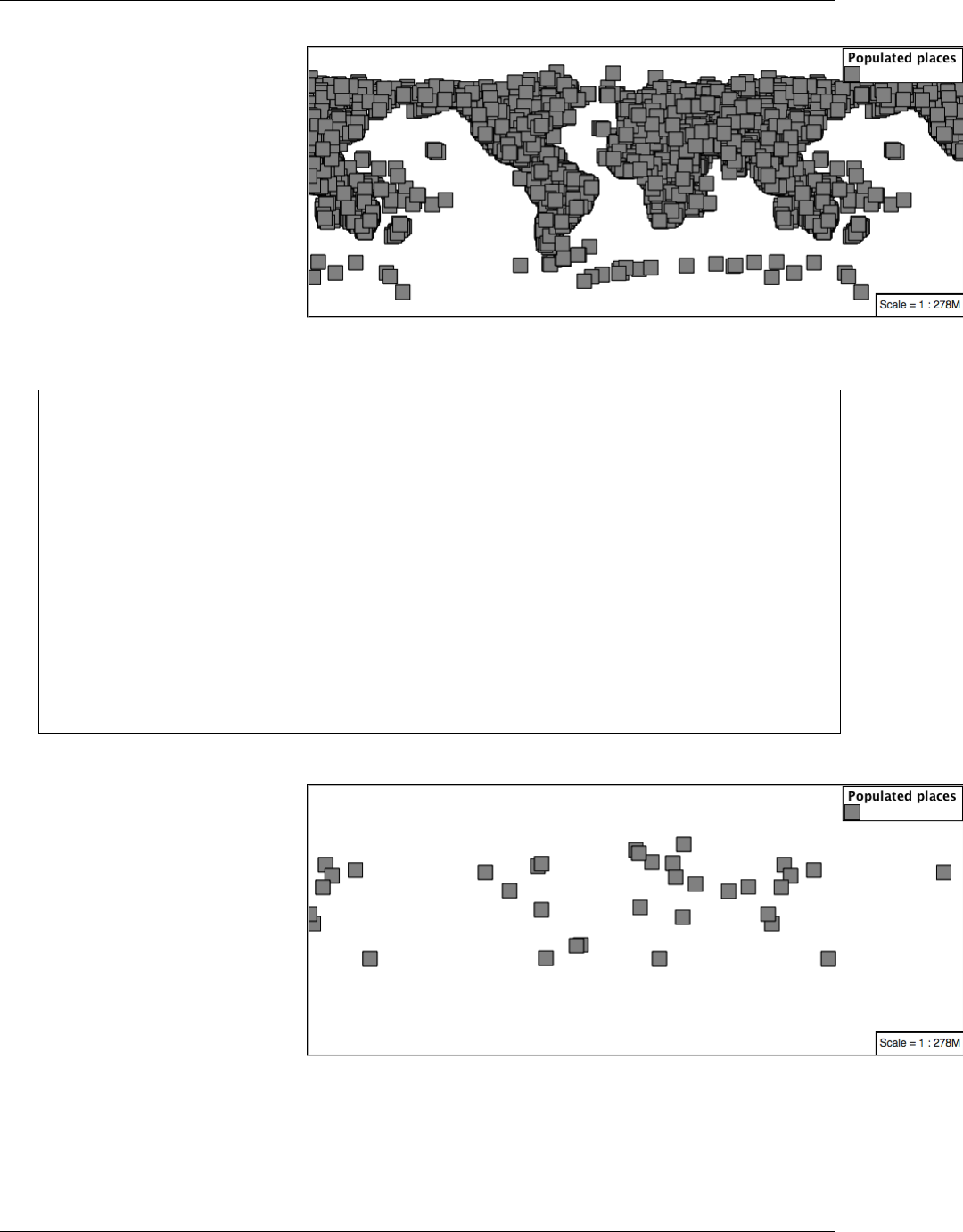
GeoServer User Manual, Release 2.15.1
3. Before we continue we will use a selector to cut down the amount
of data shown to a reasonable level.
{
"version":8,
"name":"point_example",
"sprite
,→":"http://localhost:8080/geoserver/styles/sprites"
"layers": [
{
"id":"point_example",
"type":"symbol",
"source-layer":"ne:populated_places",
"filter": ["<","SCALERANK",1],
"layout": {
"icon-image":"grey_square16",
}
}
]
}
4. Resulting in a considerably cleaner image:
5. Additional properties are available to control an icon’s presentation:
The icon-size property is used to control symbol size.
The icon-rotate property controls orientation, accepting input in de-
grees.
6.7. Styling Workshop 1027
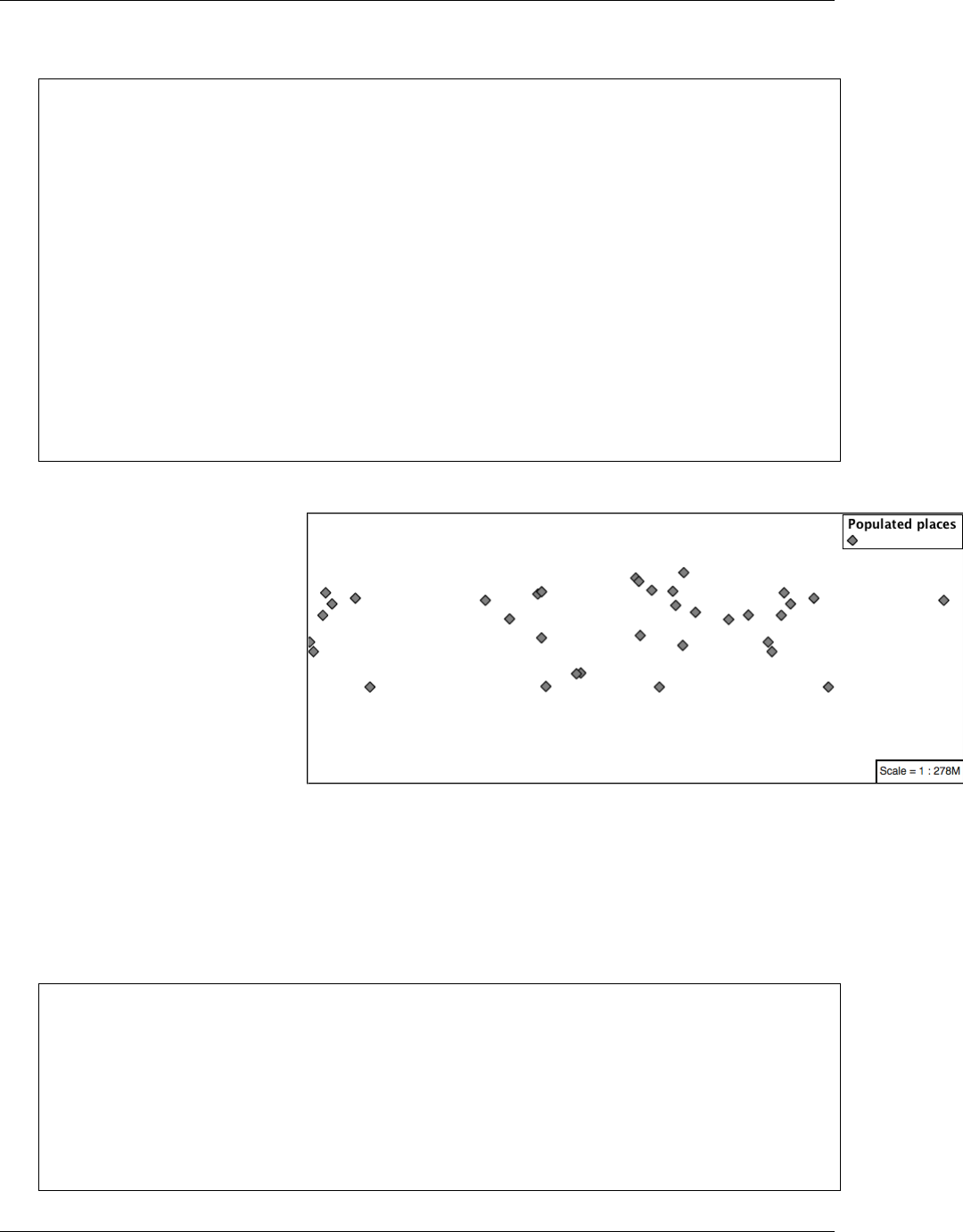
GeoServer User Manual, Release 2.15.1
Trying these two settings together:
{
"version":8,
"name":"point_example",
"sprite
,→":"http://localhost:8080/geoserver/styles/sprites"
"layers": [
{
"id":"point_example",
"type":"symbol",
"source-layer":"ne:populated_places",
"filter": ["<","SCALERANK",1],
"layout": {
"icon-image":"grey_square16",
"icon-size":0.75,
"icon-rotate":45
}
}
]
}
6. Results in each location being marked with a diamond:
Circle
Another way of displaying point data is using the circle layer.
Rather than rendering an icon from a preset sprite sheet, the circle
layer lets us chose size and color for a simple circle.
1. Modify the style to render a grey circle using the circle layer:
{
"version":8,
"name":"point_example",
"layers": [
{
"id":"point_example",
"type":"circle",
"source-layer":"ne:populated_places",
"paint": {
"circle-color":"gray",
1028 Chapter 6. Styling
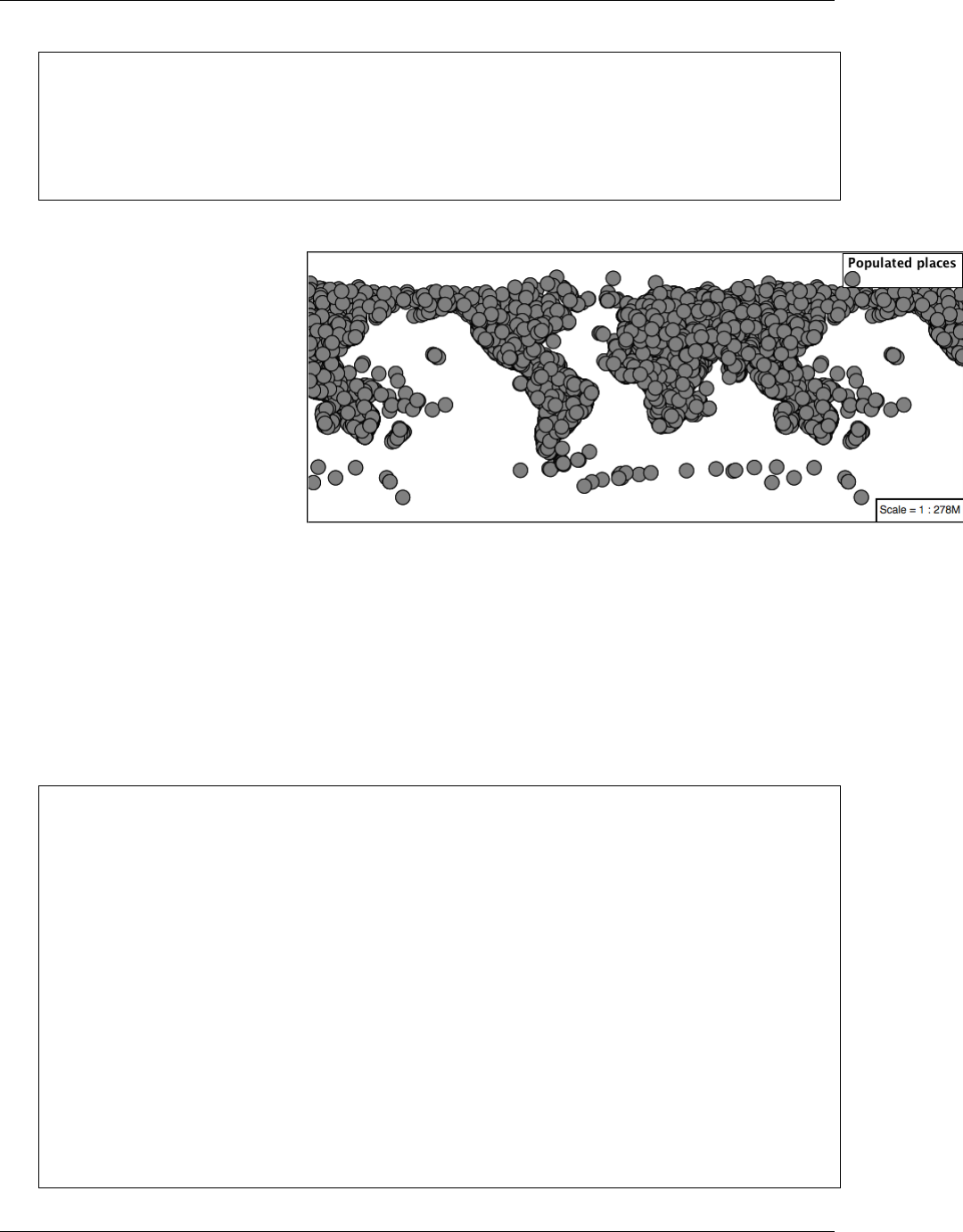
GeoServer User Manual, Release 2.15.1
"circle-radius":8
"circle-stroke-color":"black",
"circle-stroke-width":1
}
}
]
}
2. And use the Layer Preview tab to preview the result.
Label
Labeling is now familiar from our experience with LineString and
Polygons.
The symbol layer with the label property are used to to label Point
Locations.
1. Replace point_example with the following:
{
"version":8,
"name":"point_example",
"layers": [
{
"id":"point_circle",
"type":"circle",
"source-layer":"ne:populated_places",
"paint": {
"circle-color":"gray",
"circle-radius":8
"circle-stroke-color":"black",
"circle-stroke-width":1
}
},
{
"id":"point_label",
"source-layer":"ne:populated_places",
"filter": ["<","SCALERANK",1],
"type":"symbol",
6.7. Styling Workshop 1029
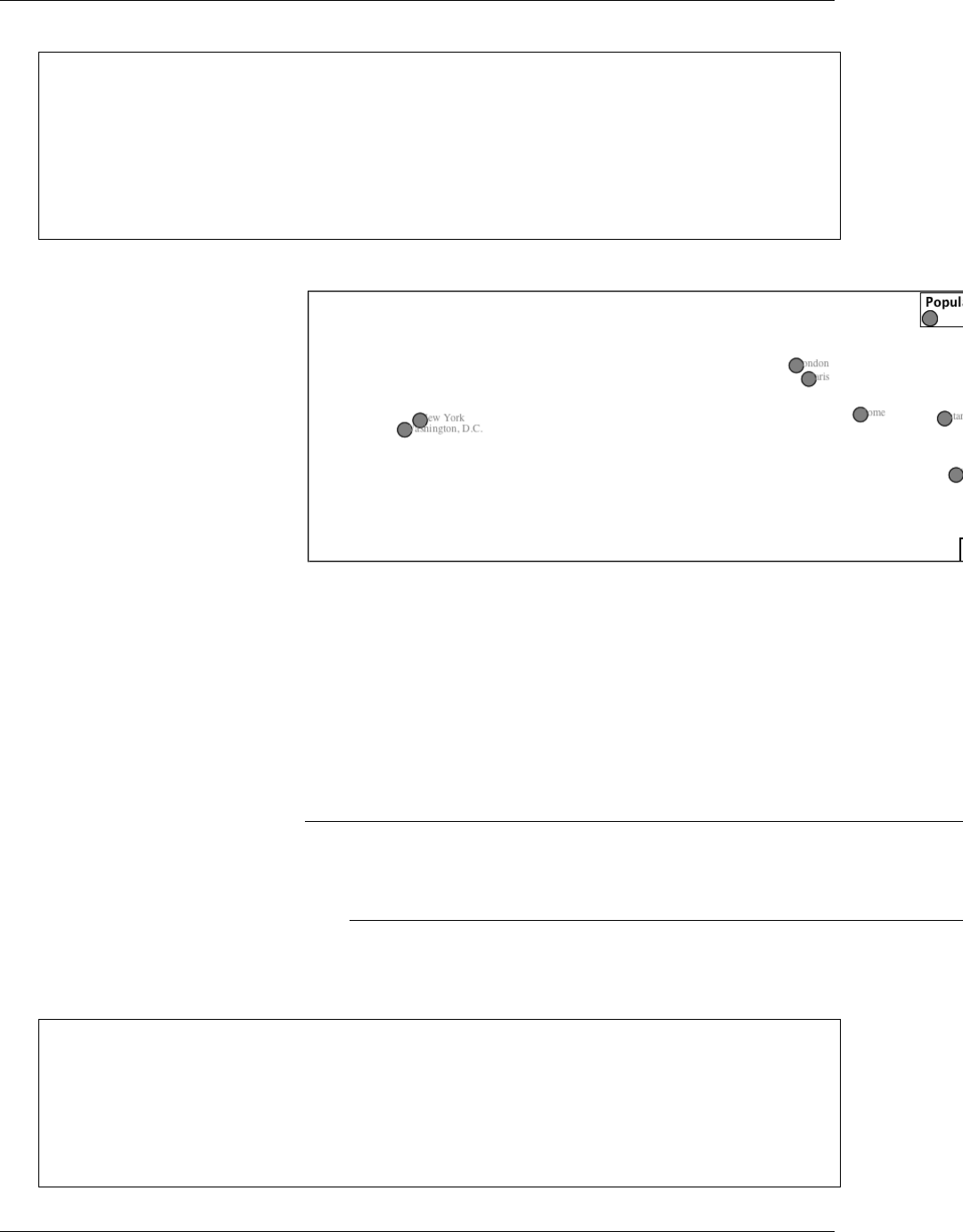
GeoServer User Manual, Release 2.15.1
"layout": {
"text-field":"{NAME}"
},
"paint": {
"text-color":"gray"
}
}
]
}
2. Confirm the result in Map preview.
3. Each label is drawn starting from the provided point - which is un-
fortunate as it assures each label will overlap with the symbol used.
To fix this limitation we will make use of the MBStyle controls for
label placement:
text-anchor provides a value expressing how a label is aligned with
respect to the starting label position.
text-translate is used to provide an initial displacement using and
x and y offset. For points this offset is recommended to adjust the
label position away for the area used by the symbol.
Note: The property text-anchor defines an anchor position relative
to the bounding box formed by the resulting label. This anchor posi-
tion is snapped to the label position generated by the point location
and displacement offset.
4. Using these two facilities together we can center our labels below
the symbol, taking care that the displacement used provides an off-
set just outside the area required for the symbol size.
{
"version":8,
"name":"point_example",
"layers": [
{
"id":"point_circle",
"type":"circle",
"source-layer":"ne:populated_places",
1030 Chapter 6. Styling
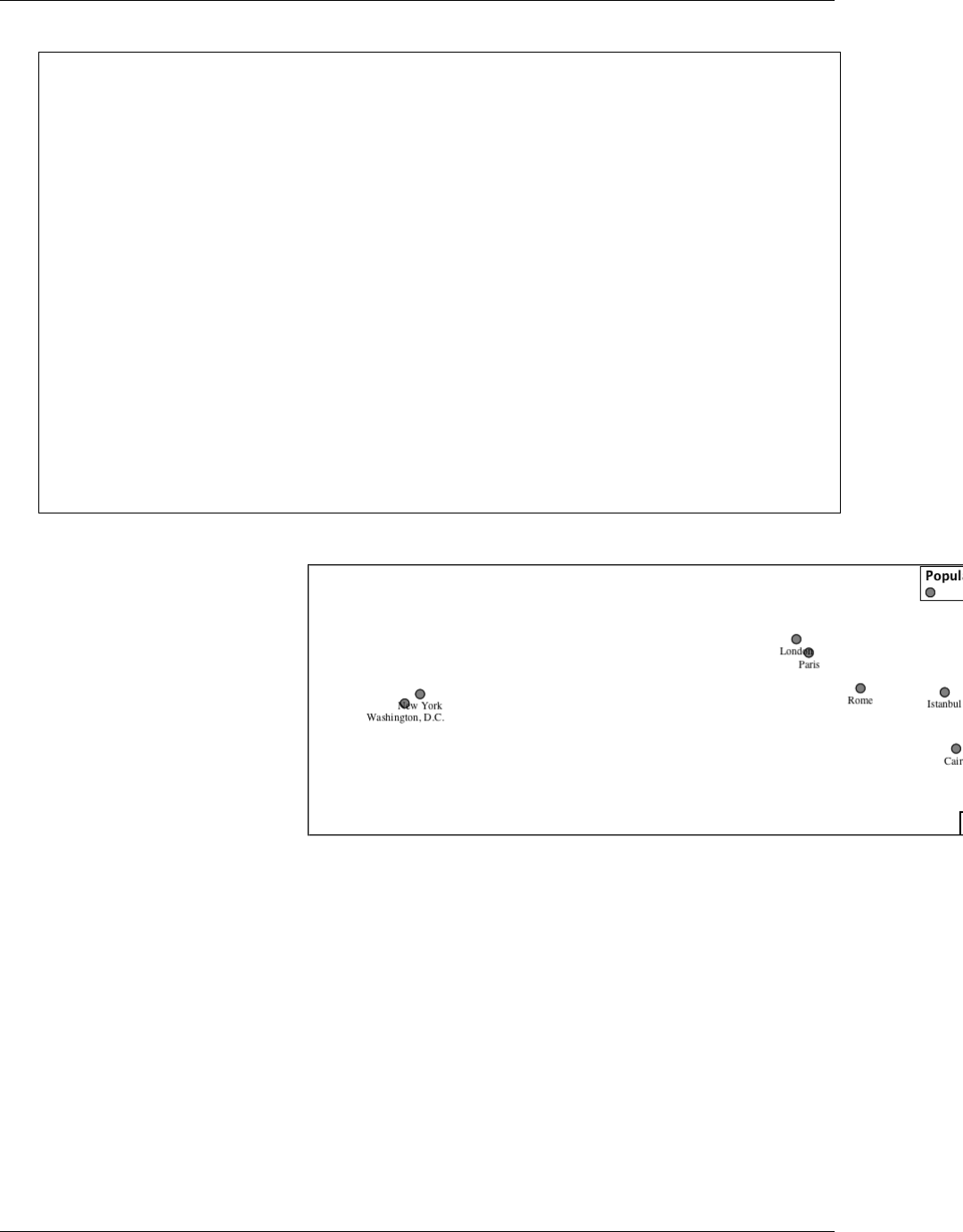
GeoServer User Manual, Release 2.15.1
"paint": {
"circle-color":"gray",
"circle-radius":8
"circle-stroke-color":"black",
"circle-stroke-width":1
}
},
{
"id":"point_label",
"source-layer":"ne:populated_places",
"filter": ["<","SCALERANK",1],
"type":"symbol",
"layout": {
"text-field":"{NAME}",
"text-anchor":"top"
},
"paint": {
"text-color":"black",
"text-translate": [0,12]
}
}
]
}
5. Each label is now placed under the mark.
6. One remaining issue is the overlap between labels and symbols.
MBStyle provides various parameters to control label rendering and
conflict resolution, preventing labels from overlapping any symbols.
icon-allow-overlap and text-allow-overlap allows the rendering
engine to draw the indicated symbol atop previous labels and icons.
icon-ignore-placement and text-ignore-placement allows the ren-
dering engine to draw labels and icons over top of the indicated
symbol.
icon-padding and text-padding tells the rendering engine to pro-
vide a minimum distance between the icons and text on the map,
ensuring they do not overlap with other labels or icons.
The -allow-overlap and -ignore-placement parameters are false by
default, which is the behavior we want. Update our example to use
6.7. Styling Workshop 1031
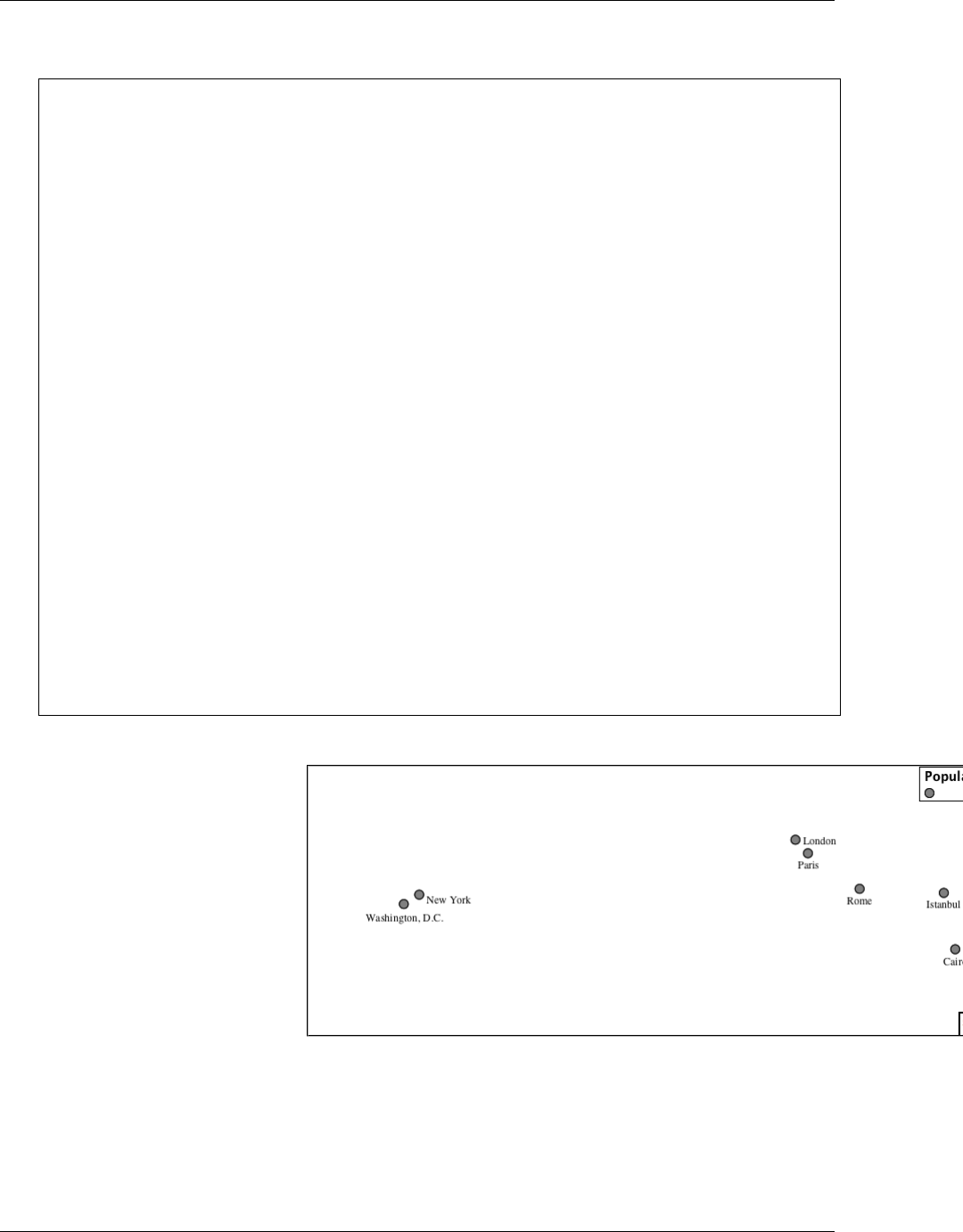
GeoServer User Manual, Release 2.15.1
text-padding:
{
"version":8,
"name":"point_example",
"layers": [
{
"id":"point_circle",
"type":"circle",
"source-layer":"ne:populated_places",
"paint": {
"circle-color":"gray",
"circle-radius":8
"circle-stroke-color":"black",
"circle-stroke-width":1
}
},
{
"id":"point_label",
"source-layer":"ne:populated_places",
"filter": ["<","SCALERANK",1],
"type":"symbol",
"layout": {
"text-field":"{NAME}",
"text-anchor":"top",
"text-padding":2
},
"paint": {
"text-color":"black",
"text-translate": [0,12]
}
}
]
}
7. Resulting in a considerably cleaner image:
Dynamic Styling
1. We will quickly use minzoom and maxzoom to select content based
on SCALERANK selectors.
1032 Chapter 6. Styling
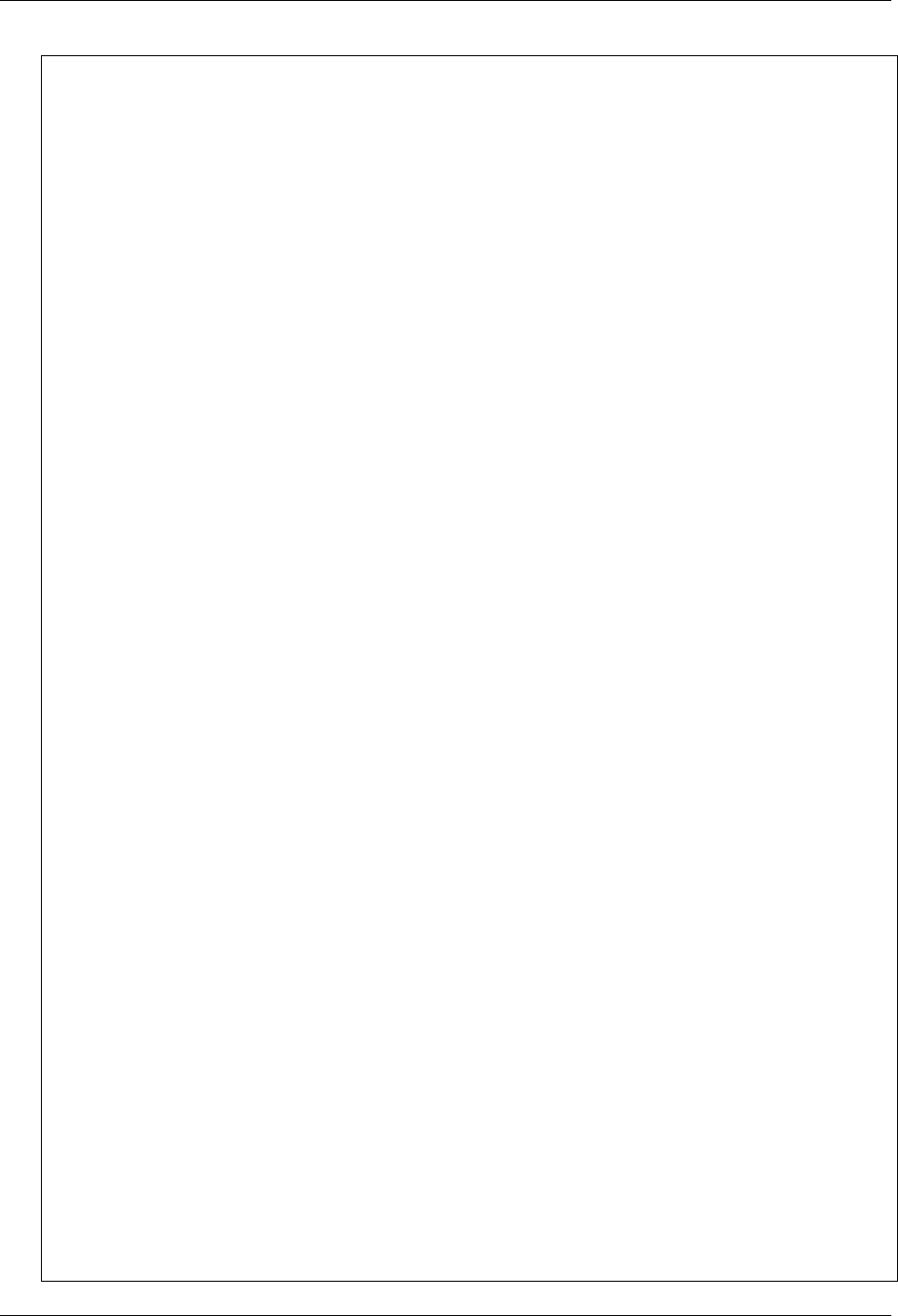
GeoServer User Manual, Release 2.15.1
{
"version":8,
"name":"point_example",
"layers": [
{
"id":"point_7",
"type":"circle",
"source-layer":"ne:populated_places",
"filter": ["<","SCALERANK",7],
"minzoom":6,
"maxzoom":7,
"paint": {
"circle-color":"gray",
"circle-radius":8
"circle-stroke-color":"black",
"circle-stroke-width":1
}
},
{
"id":"point_5",
"type":"circle",
"source-layer":"ne:populated_places",
"filter": ["<","SCALERANK",5],
"minzoom":5,
"maxzoom":6,
"paint": {
"circle-color":"gray",
"circle-radius":8
"circle-stroke-color":"black",
"circle-stroke-width":1
}
},
{
"id":"point_4",
"type":"circle",
"source-layer":"ne:populated_places",
"filter": ["<","SCALERANK",4],
"minzoom":4,
"maxzoom":5,
"paint": {
"circle-color":"gray",
"circle-radius":8
"circle-stroke-color":"black",
"circle-stroke-width":1
}
},
{
"id":"point_3",
"type":"circle",
"source-layer":"ne:populated_places",
"filter": ["<","SCALERANK",3],
"minzoom":3,
"maxzoom":4,
"paint": {
"circle-color":"gray",
"circle-radius":8
"circle-stroke-color":"black",
"circle-stroke-width":1
6.7. Styling Workshop 1033
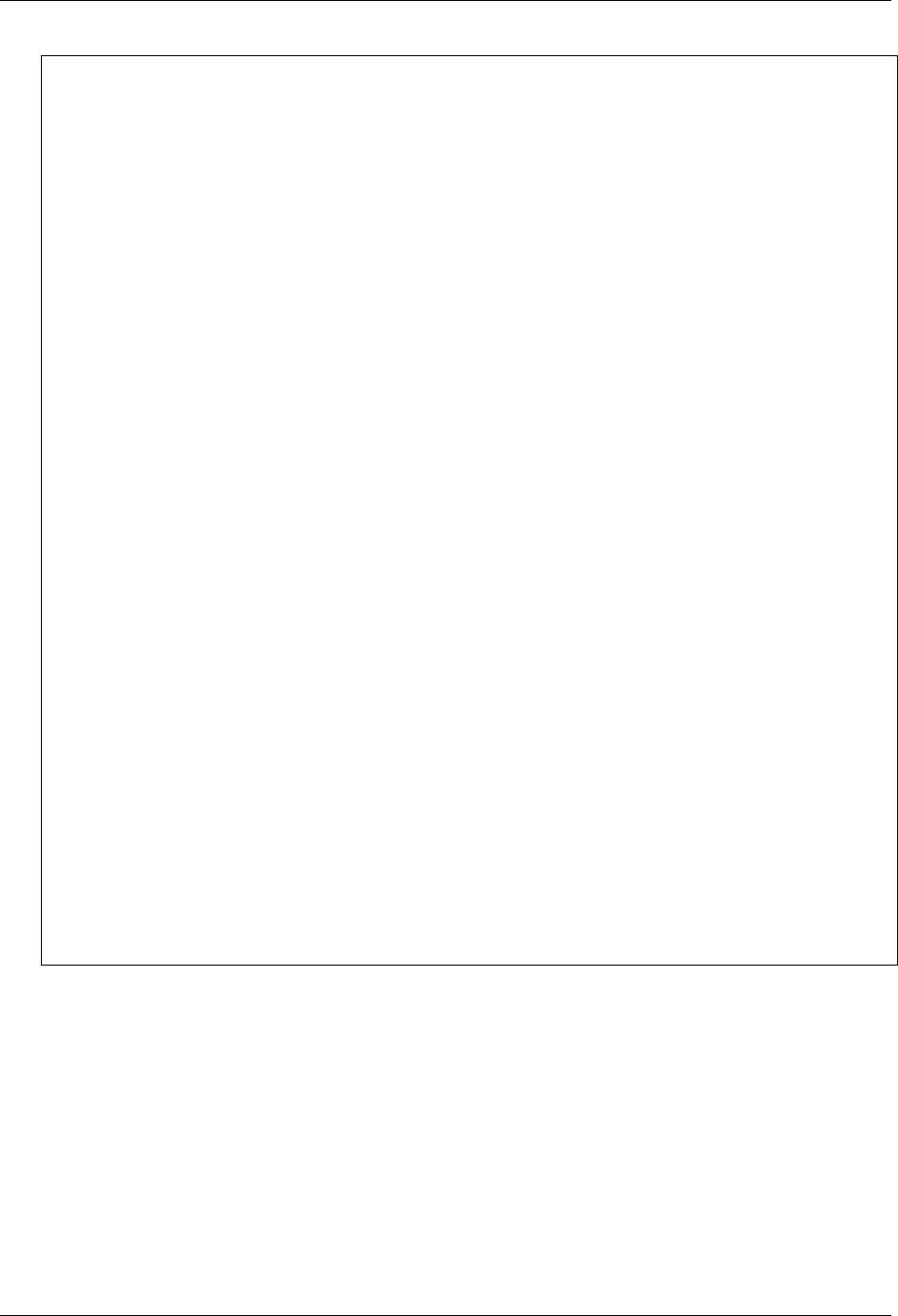
GeoServer User Manual, Release 2.15.1
}
},
{
"id":"point_2",
"type":"circle",
"source-layer":"ne:populated_places",
"filter": ["<","SCALERANK",2],
"minzoom":2,
"maxzoom":3,
"paint": {
"circle-color":"gray",
"circle-radius":8
"circle-stroke-color":"black",
"circle-stroke-width":1
}
},
{
"id":"point_1",
"type":"circle",
"source-layer":"ne:populated_places",
"filter": ["<","SCALERANK",1],
"maxzoom":2,
"paint": {
"circle-color":"gray",
"circle-radius":8
"circle-stroke-color":"black",
"circle-stroke-width":1
}
},
{
"id":"point_0",
"type":"circle",
"source-layer":"ne:populated_places",
"minzoom":7,
"paint": {
"circle-color":"gray",
"circle-radius":8
"circle-stroke-color":"black",
"circle-stroke-width":1
}
}
]
}
2. Click Submit to update the Map after each step.
1034 Chapter 6. Styling
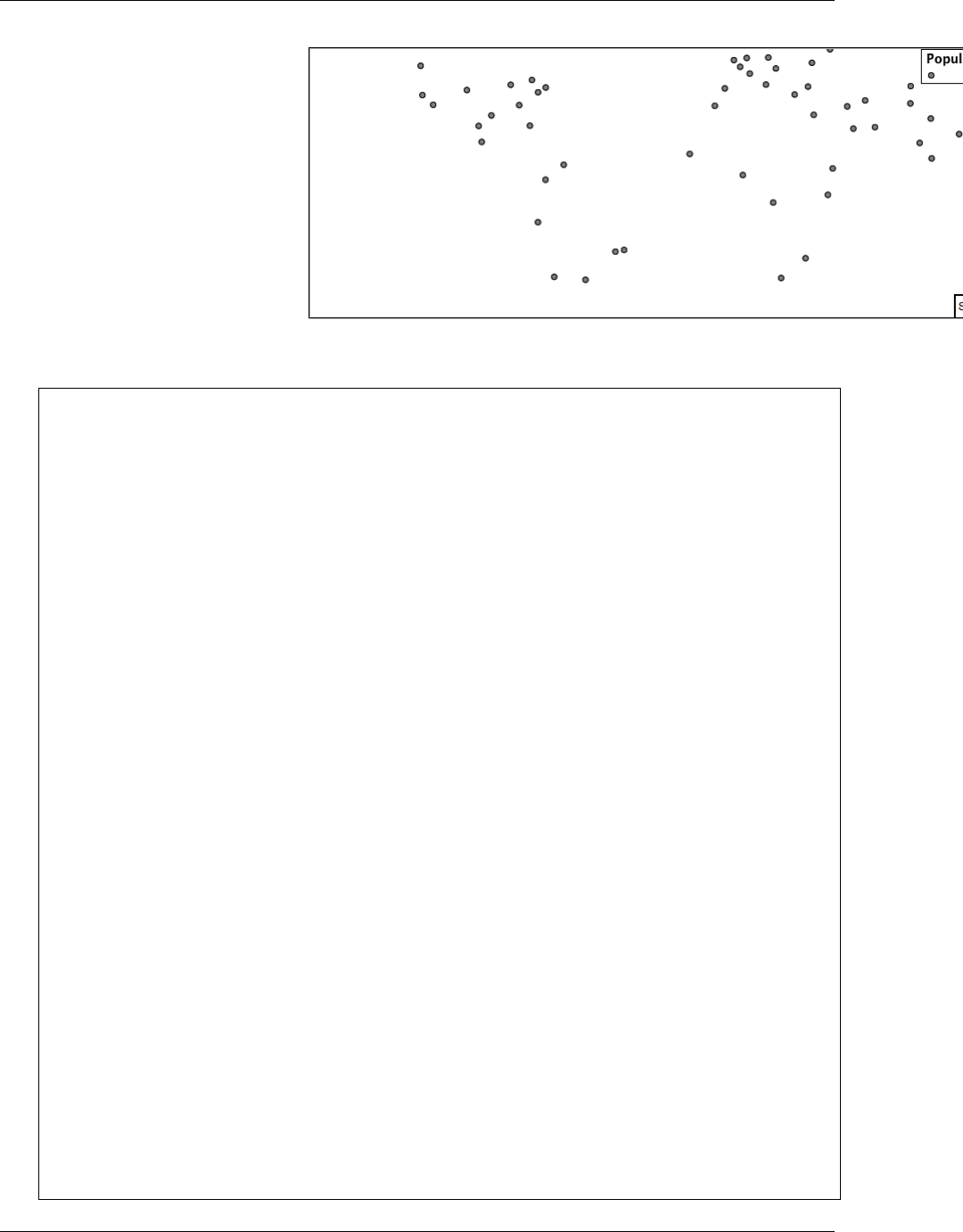
GeoServer User Manual, Release 2.15.1
3. To add labeling we can add a symbol layer for each of the existing
circle layers.
{
"version":8,
"name":"point_example",
"layers": [
{
"id":"point_7",
"type":"circle",
"source-layer":"ne:populated_places",
"filter": ["<","SCALERANK",7],
"minzoom":6,
"maxzoom":7,
"paint": {
"circle-color":"gray",
"circle-radius":8
"circle-stroke-color":"black",
"circle-stroke-width":1
}
},
{
"id":"point_7_text",
"type":"symbol",
"source-layer":"ne:populated_places",
"filter": ["<","SCALERANK",7],
"minzoom":6,
"maxzoom":7,
"layout": {
"text-field":"{NAME}",
"text-font": ["Arial"],
"text-size":10
},
"paint": {
"text-color":"black"
}
},
{
"id":"point_5",
"type":"circle",
"source-layer":"ne:populated_places",
"filter": ["<","SCALERANK",5],
"minzoom":5,
"maxzoom":6,
6.7. Styling Workshop 1035
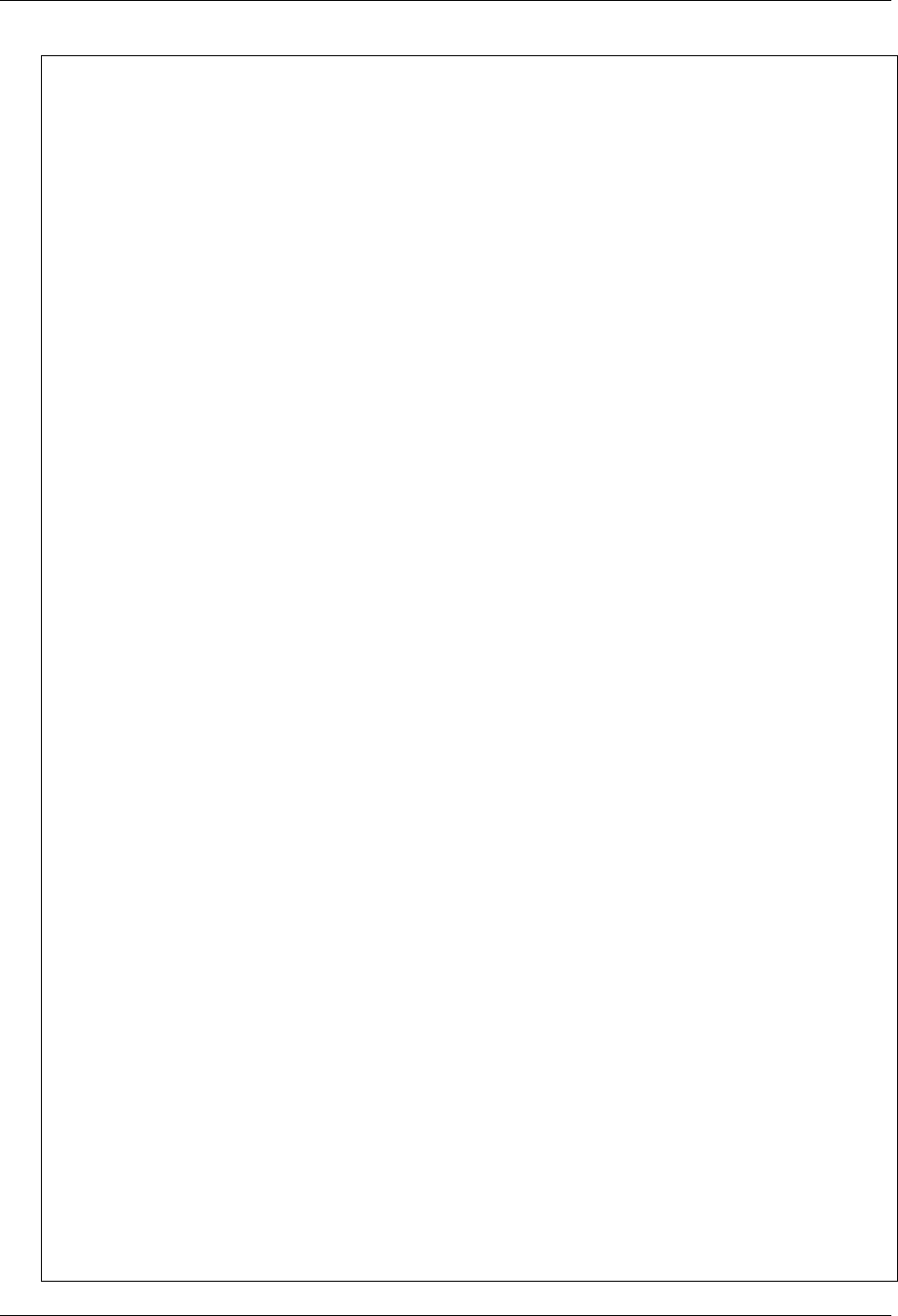
GeoServer User Manual, Release 2.15.1
"paint": {
"circle-color":"gray",
"circle-radius":8
"circle-stroke-color":"black",
"circle-stroke-width":1
}
},
{
"id":"point_5_text",
"type":"symbol",
"source-layer":"ne:populated_places",
"filter": ["<","SCALERANK",5],
"minzoom":5,
"maxzoom":6,
"layout": {
"text-field":"{NAME}",
"text-font": ["Arial"],
"text-size":10
},
"paint": {
"text-color":"black"
}
},
{
"id":"point_4",
"type":"circle",
"source-layer":"ne:populated_places",
"filter": ["<","SCALERANK",4],
"minzoom":4,
"maxzoom":5,
"paint": {
"circle-color":"gray",
"circle-radius":8
"circle-stroke-color":"black",
"circle-stroke-width":1
}
},
{
"id":"point_4_text",
"type":"symbol",
"source-layer":"ne:populated_places",
"filter": ["<","SCALERANK",4],
"minzoom":4,
"maxzoom":5,
"layout": {
"text-field":"{NAME}",
"text-font": ["Arial"],
"text-size":10
},
"paint": {
"text-color":"black"
}
},
{
"id":"point_3",
"type":"circle",
"source-layer":"ne:populated_places",
"filter": ["<","SCALERANK",3],
1036 Chapter 6. Styling
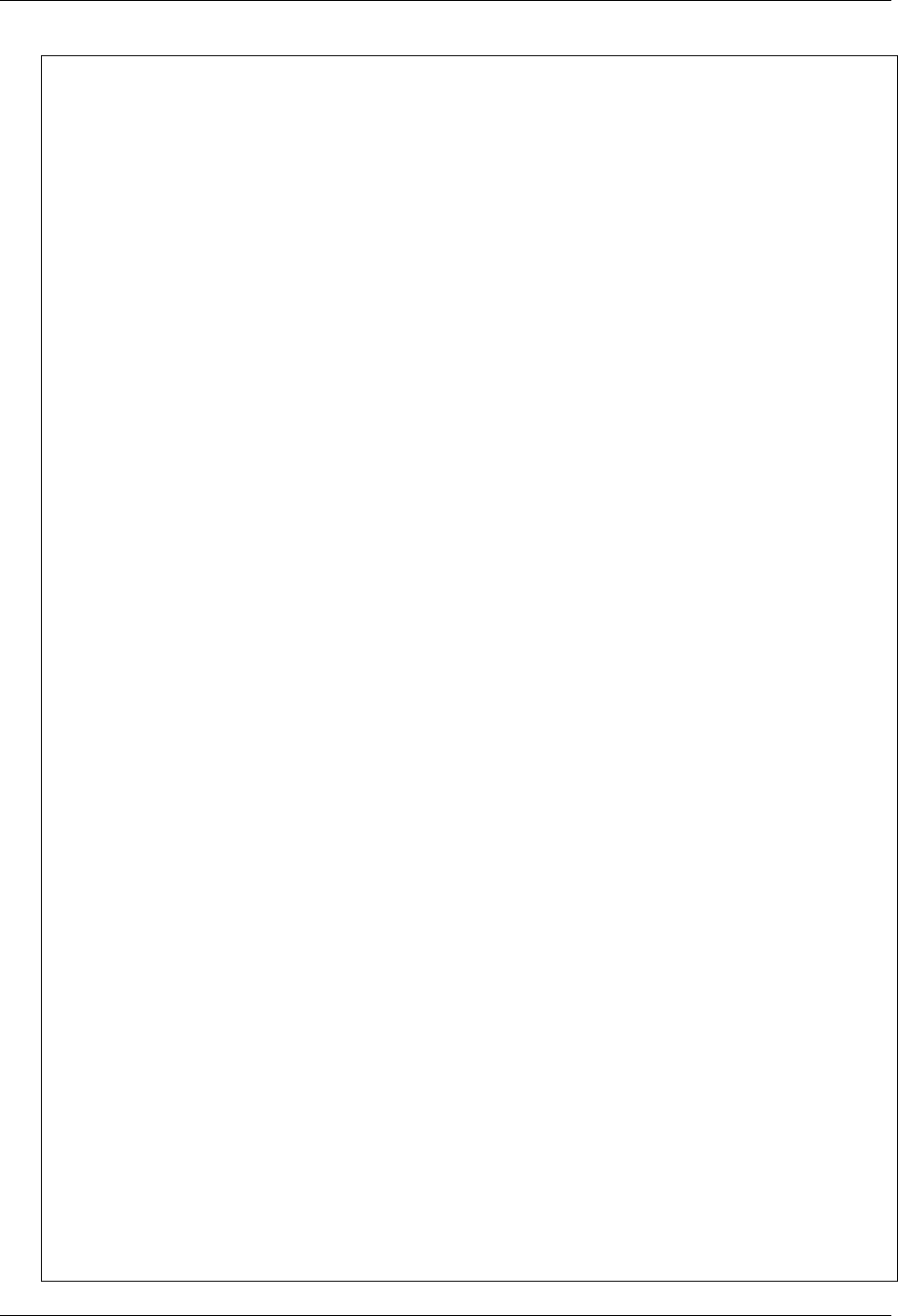
GeoServer User Manual, Release 2.15.1
"minzoom":3,
"maxzoom":4,
"paint": {
"circle-color":"gray",
"circle-radius":8
"circle-stroke-color":"black",
"circle-stroke-width":1
}
},
{
"id":"point_3_text",
"type":"symbol",
"source-layer":"ne:populated_places",
"filter": ["<","SCALERANK",3],
"minzoom":3,
"maxzoom":4,
"layout": {
"text-field":"{NAME}",
"text-font": ["Arial"],
"text-size":10
},
"paint": {
"text-color":"black"
}
},
{
"id":"point_2",
"type":"circle",
"source-layer":"ne:populated_places",
"filter": ["<","SCALERANK",2],
"minzoom":2,
"maxzoom":3,
"paint": {
"circle-color":"gray",
"circle-radius":8
"circle-stroke-color":"black",
"circle-stroke-width":1
}
},
{
"id":"point_2_text",
"type":"symbol",
"source-layer":"ne:populated_places",
"filter": ["<","SCALERANK",2],
"minzoom":2,
"maxzoom":3,
"layout": {
"text-field":"{NAME}",
"text-font": ["Arial"],
"text-size":10
},
"paint": {
"text-color":"black"
}
},
{
"id":"point_1",
"type":"circle",
6.7. Styling Workshop 1037
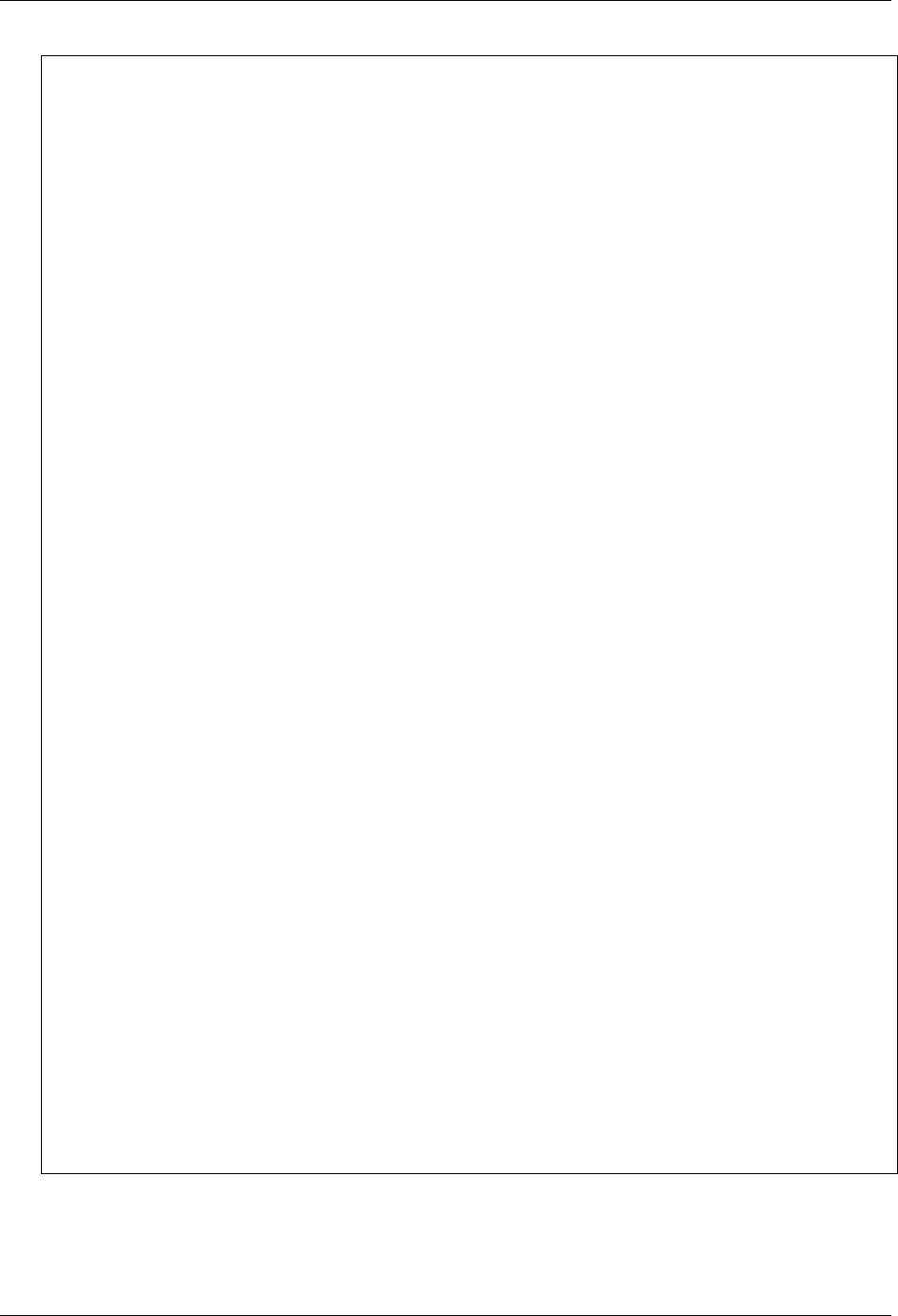
GeoServer User Manual, Release 2.15.1
"source-layer":"ne:populated_places",
"filter": ["<","SCALERANK",1],
"maxzoom":2,
"paint": {
"circle-color":"gray",
"circle-radius":8
"circle-stroke-color":"black",
"circle-stroke-width":1
}
},
{
"id":"point_1_text",
"type":"symbol",
"source-layer":"ne:populated_places",
"filter": ["<","SCALERANK",1],
"maxzoom":2,
"layout": {
"text-field":"{NAME}",
"text-font": ["Arial"],
"text-size":10
},
"paint": {
"text-color":"black"
}
},
{
"id":"point_0",
"type":"circle",
"source-layer":"ne:populated_places",
"minzoom":7,
"paint": {
"circle-color":"gray",
"circle-radius":8
"circle-stroke-color":"black",
"circle-stroke-width":1
}
},
{
"id":"point_0_text",
"type":"symbol",
"source-layer":"ne:populated_places",
"minzoom":7,
"layout": {
"text-field":"{NAME}",
"text-font": ["Arial"],
"text-size":10
},
"paint": {
"text-color":"black"
}
}
]
}
1038 Chapter 6. Styling
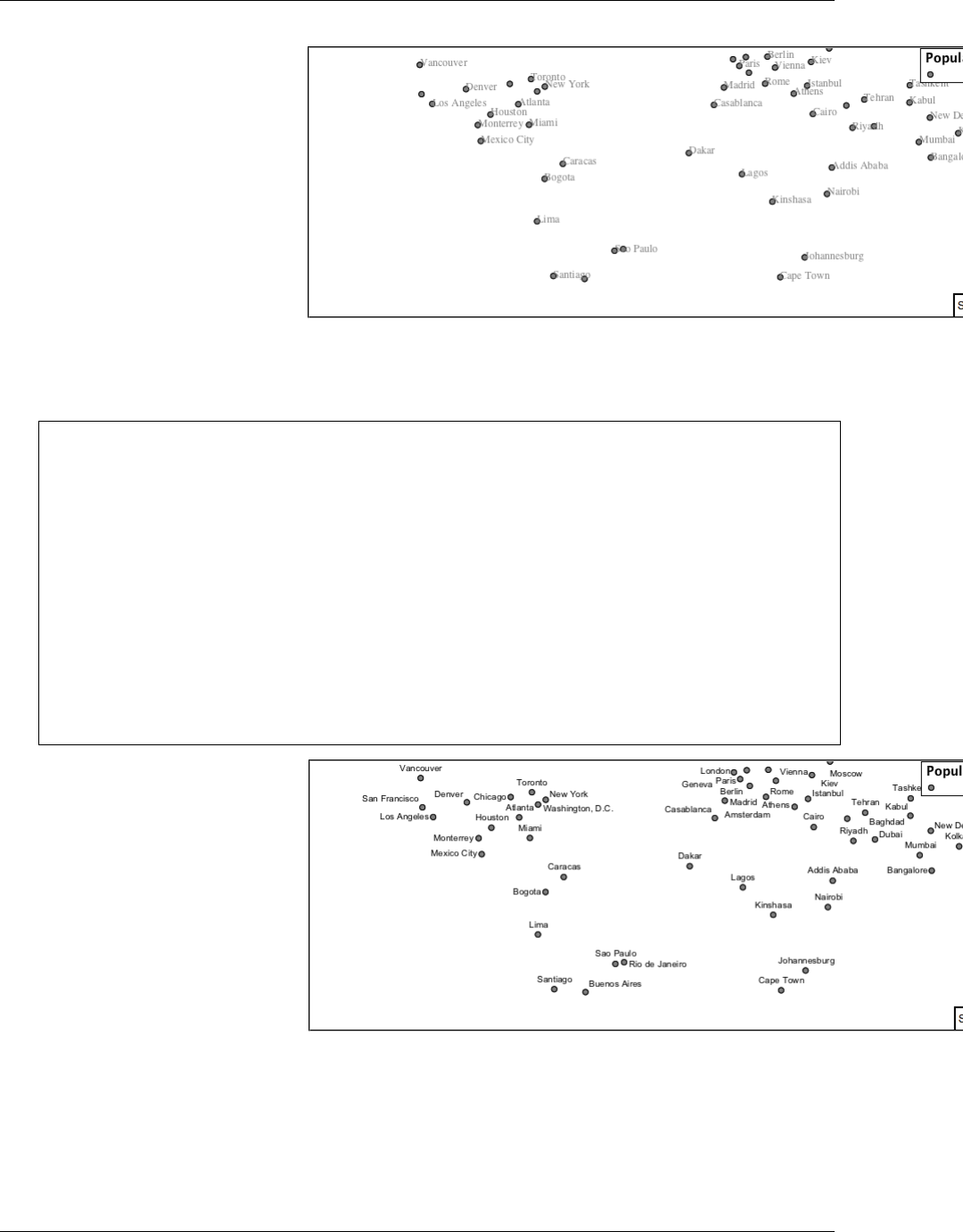
GeoServer User Manual, Release 2.15.1
4. We will use text-offset to position the label above each symbol, and
text-padding to give some extra space around our labels.
Add the following line to each layer:
{
"id":"point_example",
"type":"symbol",
"source-layer":"ne:populated_places",
"minzoom":7,
"layout": {
"text-field":"{NAME}",
"text-font": ["Arial"],
"text-size":10,
"text-padding":2
},
"paint": {
"text-color":"black",
"text-translate": [0,-12]
}
}
5. Now that we have clearly labeled our cities, zoom into an area you
are familiar with and we can look at changing symbology on a case-
by-case basis.
We have used expressions previous to generate an appropriate label.
Expressions can also be used for many other property settings.
The ne:populated_places layer provides several attributes
6.7. Styling Workshop 1039
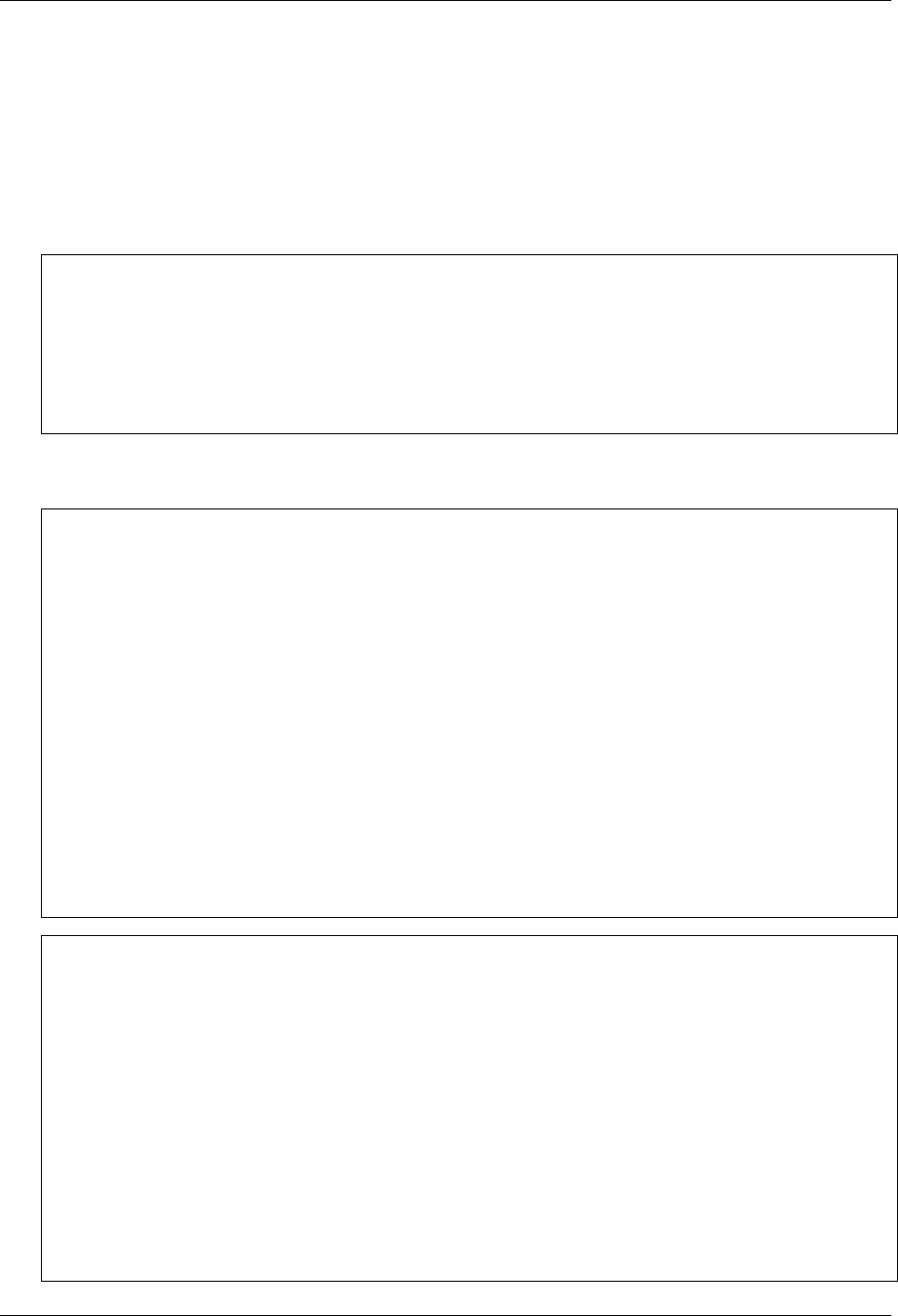
GeoServer User Manual, Release 2.15.1
specifically to make styling easier:
•SCALERANK: we have already used this attribute to control the
level of detail displayed
•FEATURECLA: used to indicate different types of cities. We will
check for Admin-0 capital cities.
The first thing we will do is calculate the point size using a quick
expression:
{
"property":"SCALERANK",
"type":"exponential",
"stops": [
[0,4.5],
[10,2.5]
]
},
This expression should result in sizes between 5 and 9 and will need
to be applied to both point size and label displacement.
{
"id":"point_0",
"type":"circle",
"source-layer":"ne:populated_places",
"minzoom":7,
"paint": {
"circle-color":"gray",
"circle-radius": {
"property":"SCALERANK",
"type":"exponential",
"stops": [
[0,4.5],
[10,2.5]
]
},
"circle-stroke-color":"black",
"circle-stroke-width":1
}
}
{
"id":"point_0_text",
"type":"symbol",
"source-layer":"ne:populated_places",
"minzoom":7,
"layout": {
"text-field":"{NAME}",
"text-font": ["Arial"],
"text-size":10,
"text-padding":2
},
"paint": {
"text-color":"black",
"text-translate": {
"property":"SCALERANK",
"type":"exponential",
1040 Chapter 6. Styling
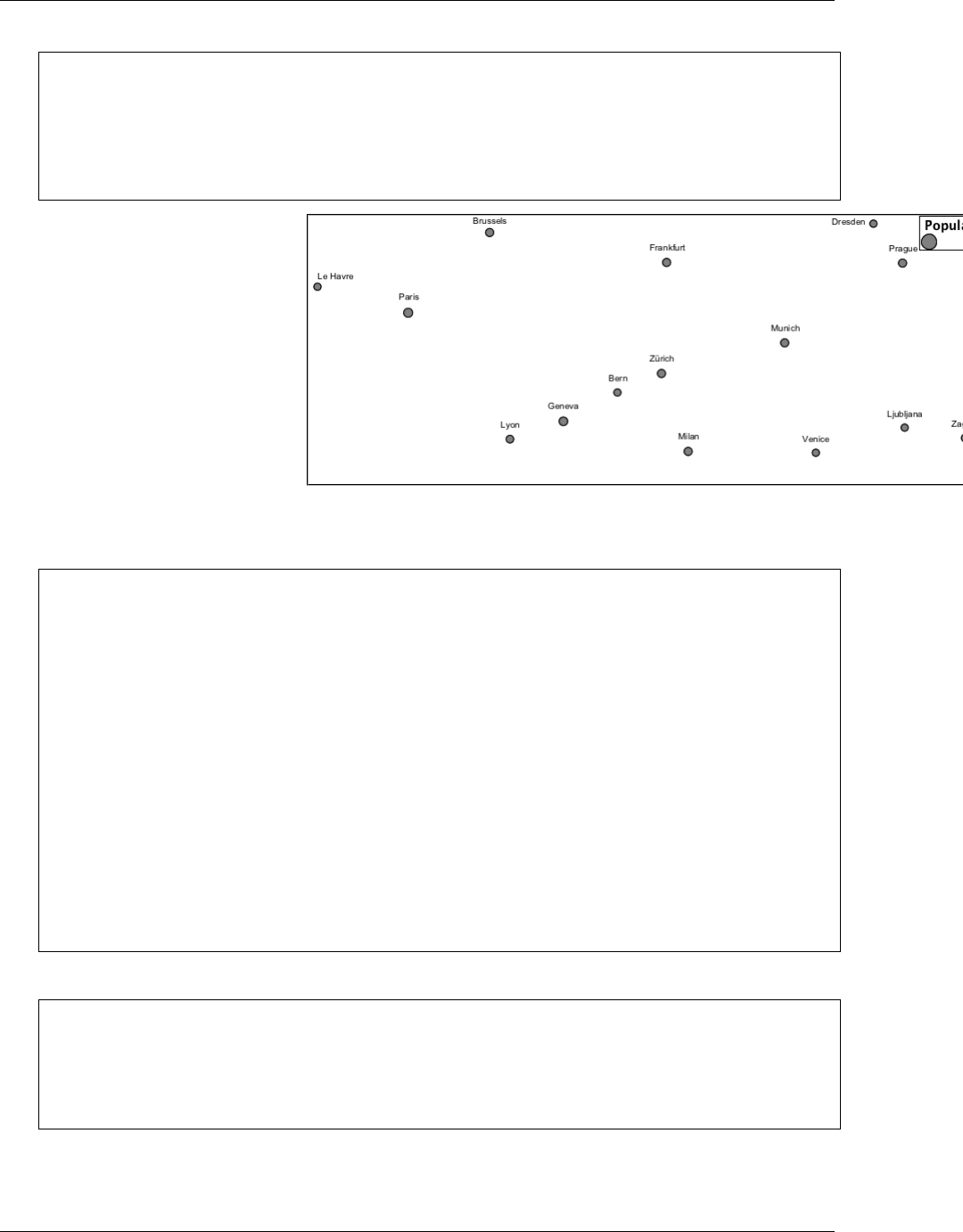
GeoServer User Manual, Release 2.15.1
"stops": [
[0, [0,-8]],
[10, [0,-6]]
]
},
}
}
6. Next we can use FEATURECLA to check for capital cities.
Adding a selector for capital cities at the top of the rules list:
{
"id":"point_capital",
"type":"symbol",
"source-layer":"ne:populated_places",
"filter": ["all",["<","SCALERANK
,→",2], ["==","FEATURECLA","Admin-0 capital"]]
"minzoom":2,
"layout": {
"icon-image":"star",
"text-field":"{NAME}",
"text-font": ["Arial"],
"text-size":10,
"text-padding":2
},
"paint": {
"text-color":"black",
"text-translate": [0,-12]
}
}
Also add the spritesheet url to the top of the style if it is not present:
{
"version":8,
"name":"point_example",
"sprite
,→":"http://localhost:8080/geoserver/styles/sprites",
}
And updating the populated places selectors to ignore capital cities:
6.7. Styling Workshop 1041
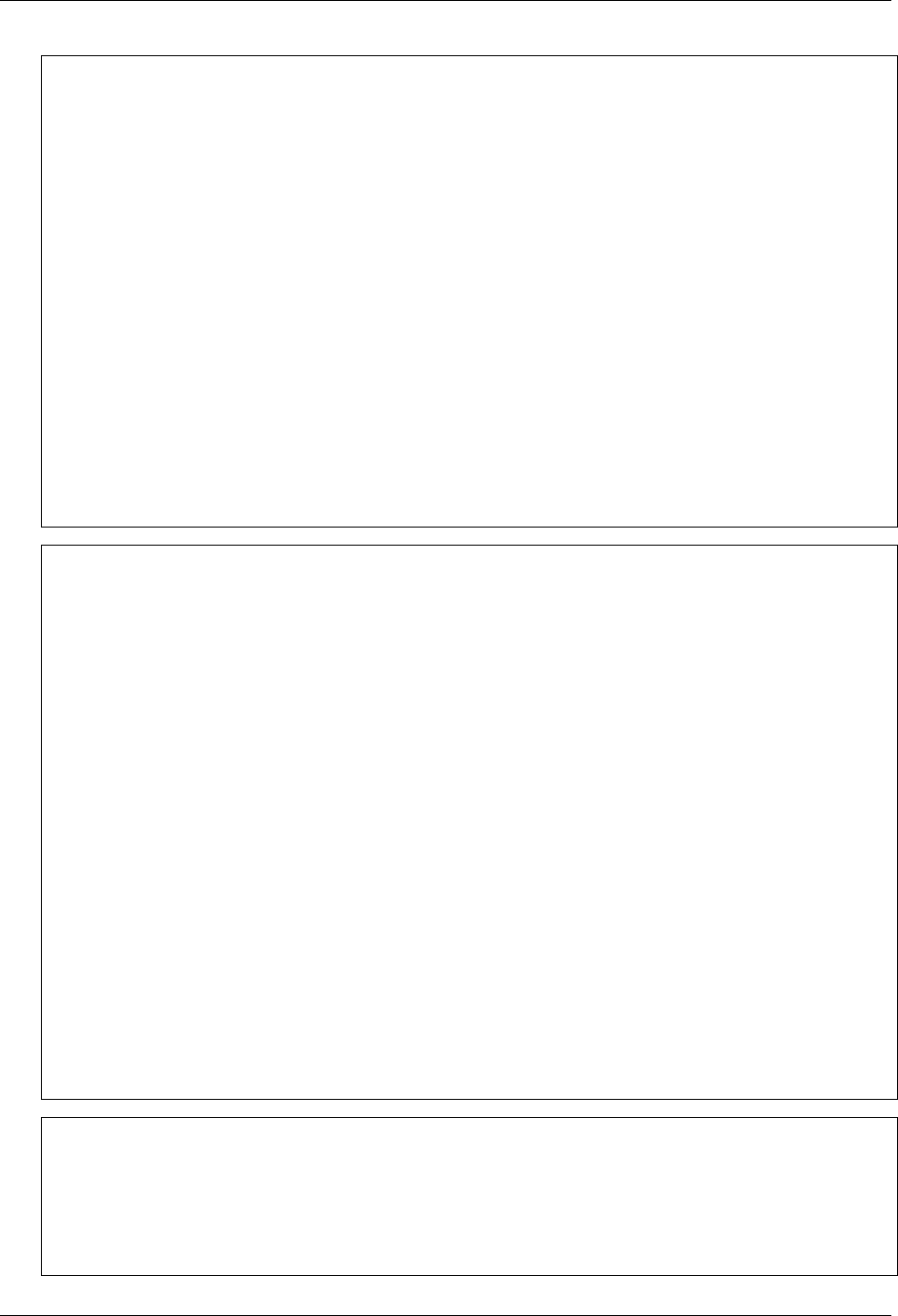
GeoServer User Manual, Release 2.15.1
{
"id":"point_7",
"type":"circle",
"source-layer":"ne:populated_places",
"filter": ["all", ["<","SCALERANK
,→",7], ["!=","FEATURECLA","Admin-0 capital"]],
"minzoom":6,
"maxzoom":7,
"paint": {
"circle-color":"gray",
"circle-radius": {
"property":"SCALERANK",
"type":"exponential",
"stops": [
[0,4.5],
[10,2.5]
]
},
"circle-stroke-color":"black",
"circle-stroke-width":1
}
}
{
"id":"point_7_text",
"type":"symbol",
"source-layer":"ne:populated_places",
"filter": ["all", ["<","SCALERANK
,→",7], ["!=","FEATURECLA","Admin-0 capital"]],
"minzoom":6,
"maxzoom":7,
"layout": {
"text-field":"{NAME}",
"text-font": ["Arial"],
"text-size":10,
"text-padding":2
},
"paint": {
"text-color":"black",
"text-translate": {
"property":"SCALERANK",
"type":"exponential",
"stops": [
[0, [0,-8]],
[10, [0,-6]]
]
}
}
}
{
"id":"point_5",
"type":"circle",
"source-layer":"ne:populated_places",
"filter": ["all", ["<","SCALERANK
,→",5], ["!=","FEATURECLA","Admin-0 capital"]],
"minzoom":5,
1042 Chapter 6. Styling
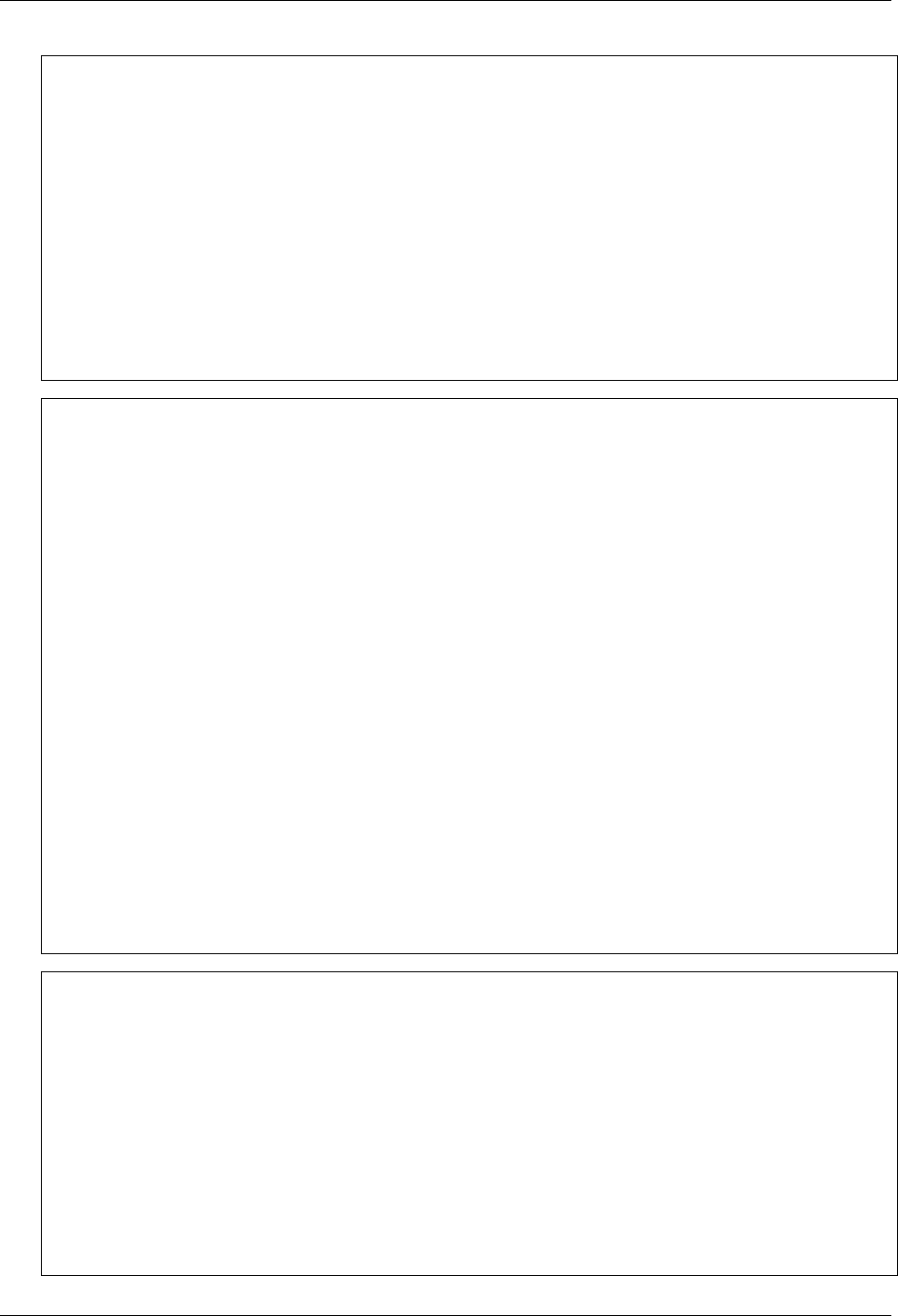
GeoServer User Manual, Release 2.15.1
"maxzoom":6,
"paint": {
"circle-color":"gray",
"circle-radius": {
"property":"SCALERANK",
"type":"exponential",
"stops": [
[0,4.5],
[10,2.5]
]
},
"circle-stroke-color":"black",
"circle-stroke-width":1
}
}
{
"id":"point_5_text",
"type":"symbol",
"source-layer":"ne:populated_places",
"filter": ["all", ["<","SCALERANK
,→",5], ["!=","FEATURECLA","Admin-0 capital"]],
"minzoom":5,
"maxzoom":6,
"layout": {
"text-field":"{NAME}",
"text-font": ["Arial"],
"text-size":10,
"text-padding":2
},
"paint": {
"text-color":"black",
"text-translate": {
"property":"SCALERANK",
"type":"exponential",
"stops": [
[0, [0,-8]],
[10, [0,-6]]
]
}
}
}
{
"id":"point_4",
"type":"circle",
"source-layer":"ne:populated_places",
"filter": ["all", ["<","SCALERANK
,→",4], ["!=","FEATURECLA","Admin-0 capital"]],
"minzoom":4,
"maxzoom":5,
"paint": {
"circle-color":"gray",
"circle-radius": {
"property":"SCALERANK",
"type":"exponential",
"stops": [
6.7. Styling Workshop 1043
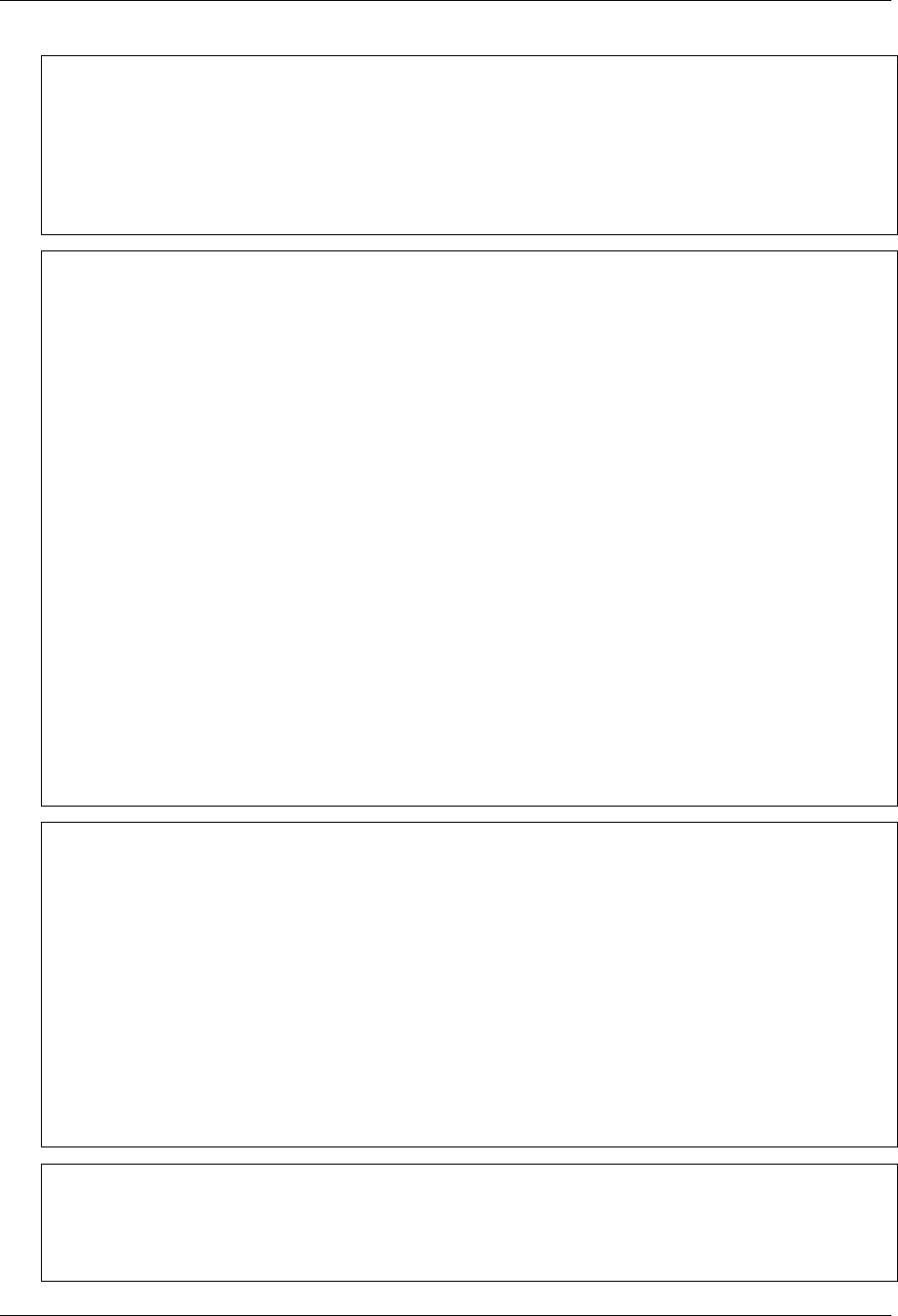
GeoServer User Manual, Release 2.15.1
[0,4.5],
[10,2.5]
]
},
"circle-stroke-color":"black",
"circle-stroke-width":1
}
}
{
"id":"point_4_text",
"type":"symbol",
"source-layer":"ne:populated_places",
"filter": ["all", ["<","SCALERANK
,→",4], ["!=","FEATURECLA","Admin-0 capital"]],
"minzoom":4,
"maxzoom":5,
"layout": {
"text-field":"{NAME}",
"text-font": ["Arial"],
"text-size":10,
"text-padding":2
},
"paint": {
"text-color":"black",
"text-translate": {
"property":"SCALERANK",
"type":"exponential",
"stops": [
[0, [0,-8]],
[10, [0,-6]]
]
}
}
}
{
"id":"point_3",
"type":"circle",
"source-layer":"ne:populated_places",
"filter": ["all", ["<","SCALERANK
,→",3], ["!=","FEATURECLA","Admin-0 capital"]],
"minzoom":3,
"maxzoom":4,
"paint": {
"circle-color":"gray",
"circle-radius":8
"circle-stroke-color":"black",
"circle-stroke-width":1
}
}
{
"id":"point_3_text",
"type":"symbol",
"source-layer":"ne:populated_places",
"filter": ["all", ["<","SCALERANK
,→",3], ["!=","FEATURECLA","Admin-0 capital"]],
1044 Chapter 6. Styling
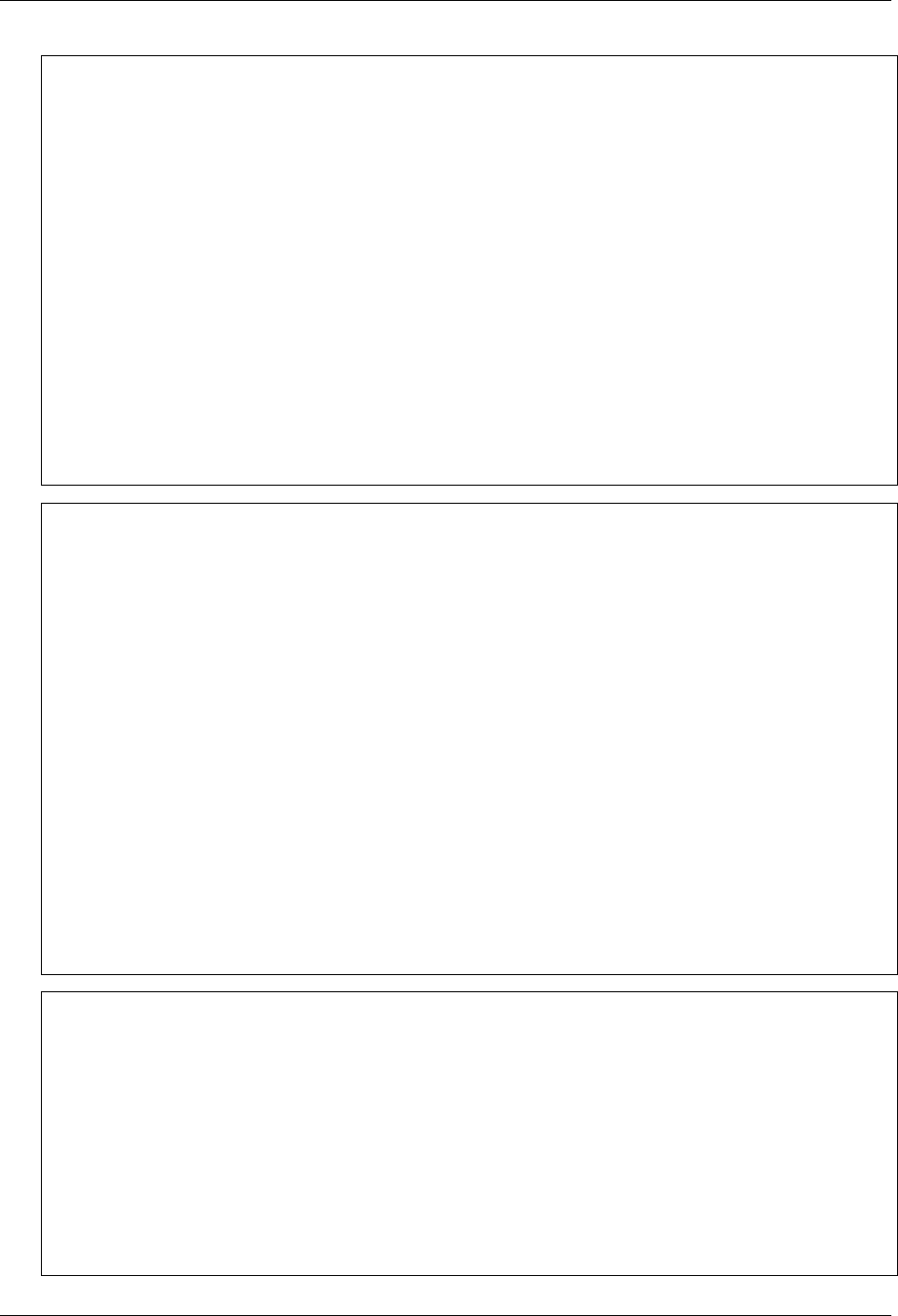
GeoServer User Manual, Release 2.15.1
"minzoom":3,
"maxzoom":4,
"layout": {
"text-field":"{NAME}",
"text-font": ["Arial"],
"text-size":10,
"text-padding":2
},
"paint": {
"text-color":"black",
"text-translate": {
"property":"SCALERANK",
"type":"exponential",
"stops": [
[0, [0,-8]],
[10, [0,-6]]
]
}
}
}
{
"id":"point_2",
"type":"circle",
"source-layer":"ne:populated_places",
"filter": ["all", ["<","SCALERANK
,→",2], ["!=","FEATURECLA","Admin-0 capital"]],
"minzoom":2,
"maxzoom":3,
"paint": {
"circle-color":"gray",
"circle-radius": {
"property":"SCALERANK",
"type":"exponential",
"stops": [
[0,4.5],
[10,2.5]
]
},
"circle-stroke-color":"black",
"circle-stroke-width":1
}
}
{
"id":"point_2_text",
"type":"symbol",
"source-layer":"ne:populated_places",
"filter": ["all", ["<","SCALERANK
,→",2], ["!=","FEATURECLA","Admin-0 capital"]],
"minzoom":2,
"maxzoom":3,
"layout": {
"text-field":"{NAME}",
"text-font": ["Arial"],
"text-size":10,
"text-padding":2
6.7. Styling Workshop 1045
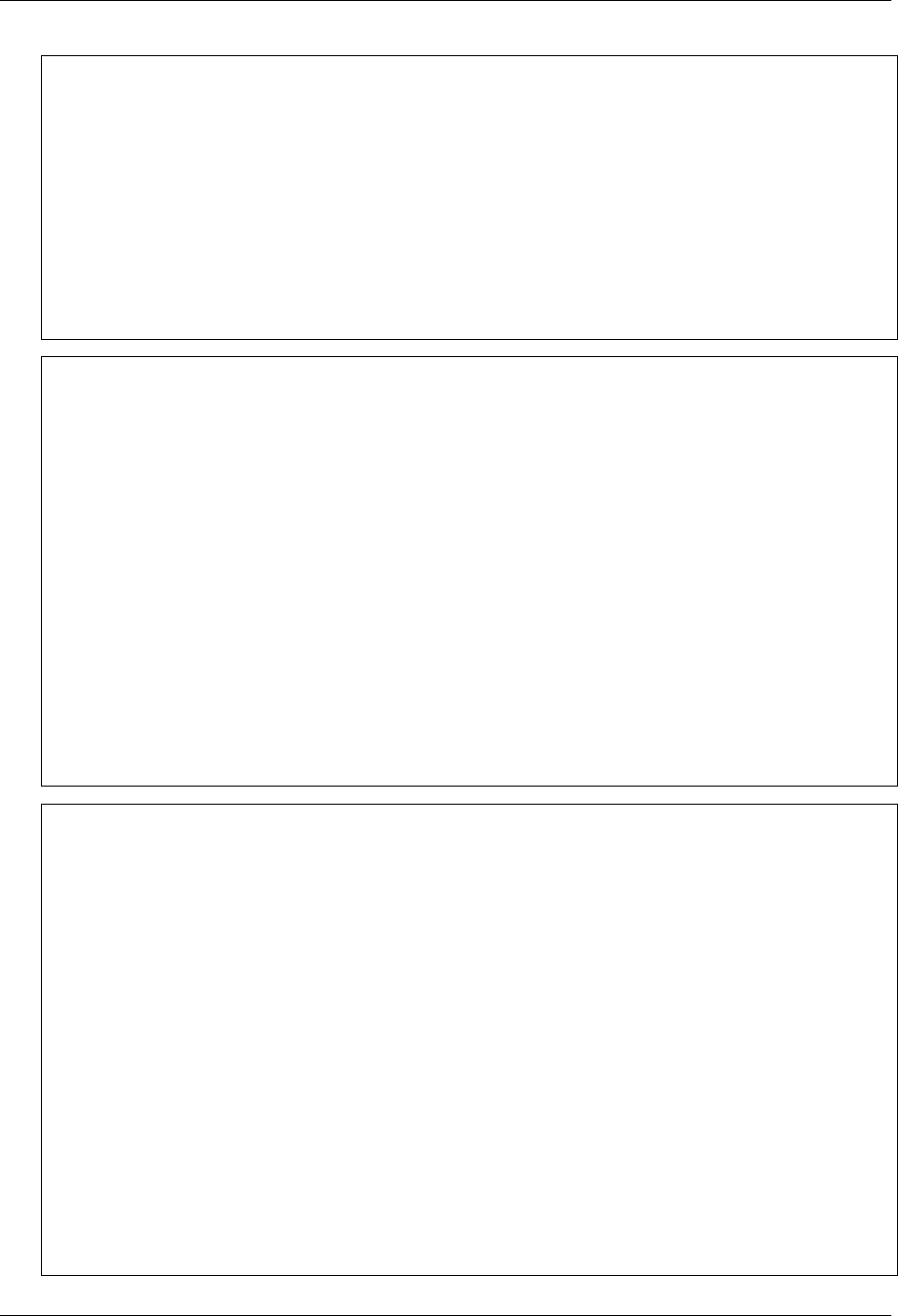
GeoServer User Manual, Release 2.15.1
},
"paint": {
"text-color":"black",
"text-translate": {
"property":"SCALERANK",
"type":"exponential",
"stops": [
[0, [0,-8]],
[10, [0,-6]]
]
}
}
}
{
"id":"point_1",
"type":"circle",
"source-layer":"ne:populated_places",
"filter": ["<","SCALERANK",1],
"maxzoom":2,
"paint": {
"circle-color":"gray",
"circle-radius": {
"property":"SCALERANK",
"type":"exponential",
"stops": [
[0,4.5],
[10,2.5]
]
},
"circle-stroke-color":"black",
"circle-stroke-width":1
}
}
{
"id":"point_1_text",
"type":"symbol",
"source-layer":"ne:populated_places",
"filter": ["<","SCALERANK",1],
"maxzoom":2,
"layout": {
"text-field":"{NAME}",
"text-font": ["Arial"],
"text-size":10,
"text-padding":2
},
"paint": {
"text-color":"black",
"text-translate": {
"property":"SCALERANK",
"type":"exponential",
"stops": [
[0, [0,-8]],
[10, [0,-6]]
]
}
1046 Chapter 6. Styling
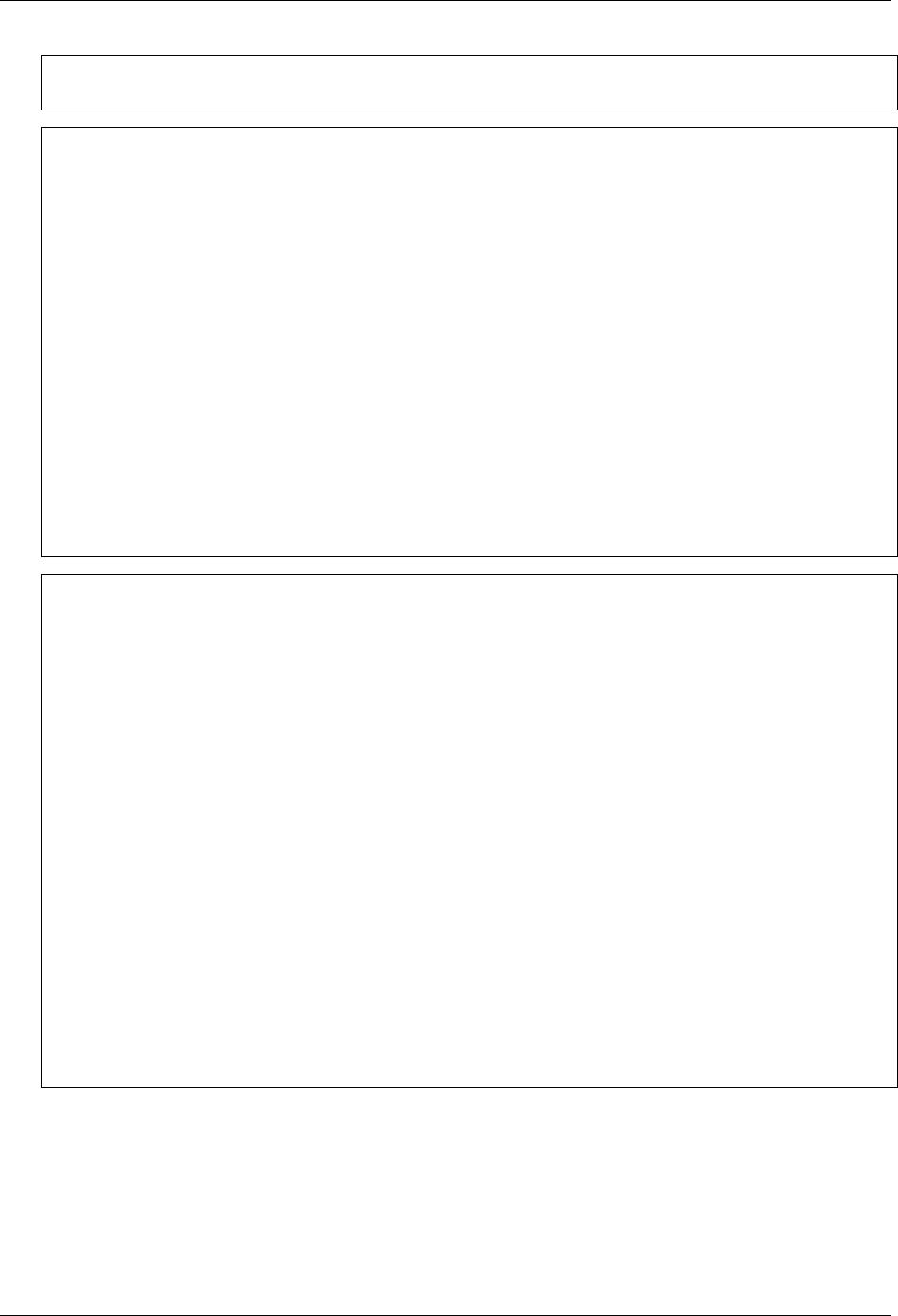
GeoServer User Manual, Release 2.15.1
}
}
{
"id":"point_0",
"type":"circle",
"source-layer":"ne:populated_places",
"filter": ["!=","FEATURECLA","Admin-0 capital"],
"minzoom":7,
"paint": {
"circle-color":"gray",
"circle-radius": {
"property":"SCALERANK",
"type":"exponential",
"stops": [
[0,4.5],
[10,2.5]
]
},
"circle-stroke-color":"black",
"circle-stroke-width":1
}
}
{
"id":"point_0_text",
"type":"symbol",
"source-layer":"ne:populated_places",
"filter": ["!=","FEATURECLA","Admin-0 capital"],
"minzoom":7,
"layout": {
"text-field":"{NAME}",
"text-font": ["Arial"],
"text-size":10,
"text-padding":2
},
"paint": {
"text-color":"black",
"text-translate": {
"property":"SCALERANK",
"type":"exponential",
"stops": [
[0, [0,-8]],
[10, [0,-6]]
]
}
}
}
6.7. Styling Workshop 1047
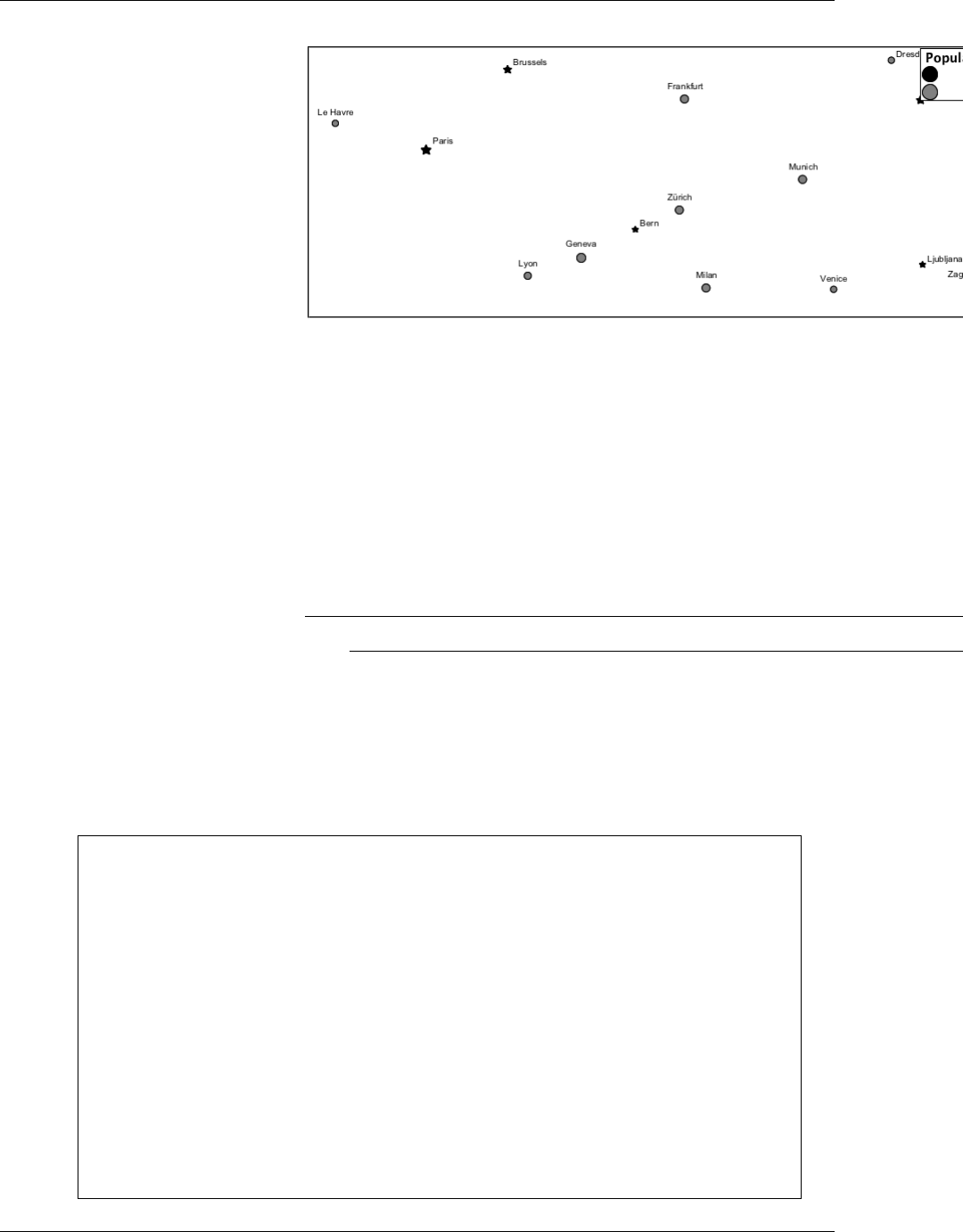
GeoServer User Manual, Release 2.15.1
7. If you would like to check your work the final file is here:
point_example.mbstyle
Bonus
Challenge Geometry Location
1. The mark property can be used to render any geometry content.
2. Challenge: Try this yourself by rendering a polygon layer using a
mark property.
Note: Answer discussed at the end of the workbook.
Explore Dynamic Symbolization
1. We went to a lot of work to set up selectors to choose between star
and circle for capital cities.
This approach is straightforward when applied in isolation:
{
"version":8,
"name":"point_example",
"sprite
,→":"http://localhost:8080/geoserver/styles/sprites",
"layers": [
{
"id":"point_capital",
"type":"symbol",
"source-layer":"ne:populated_places",
"filter": ["==","FEATURECLA","Admin-0 capital"]
"minzoom":2,
"layout": {
"icon-image":"star",
}
},
{
"id":"point_0",
1048 Chapter 6. Styling
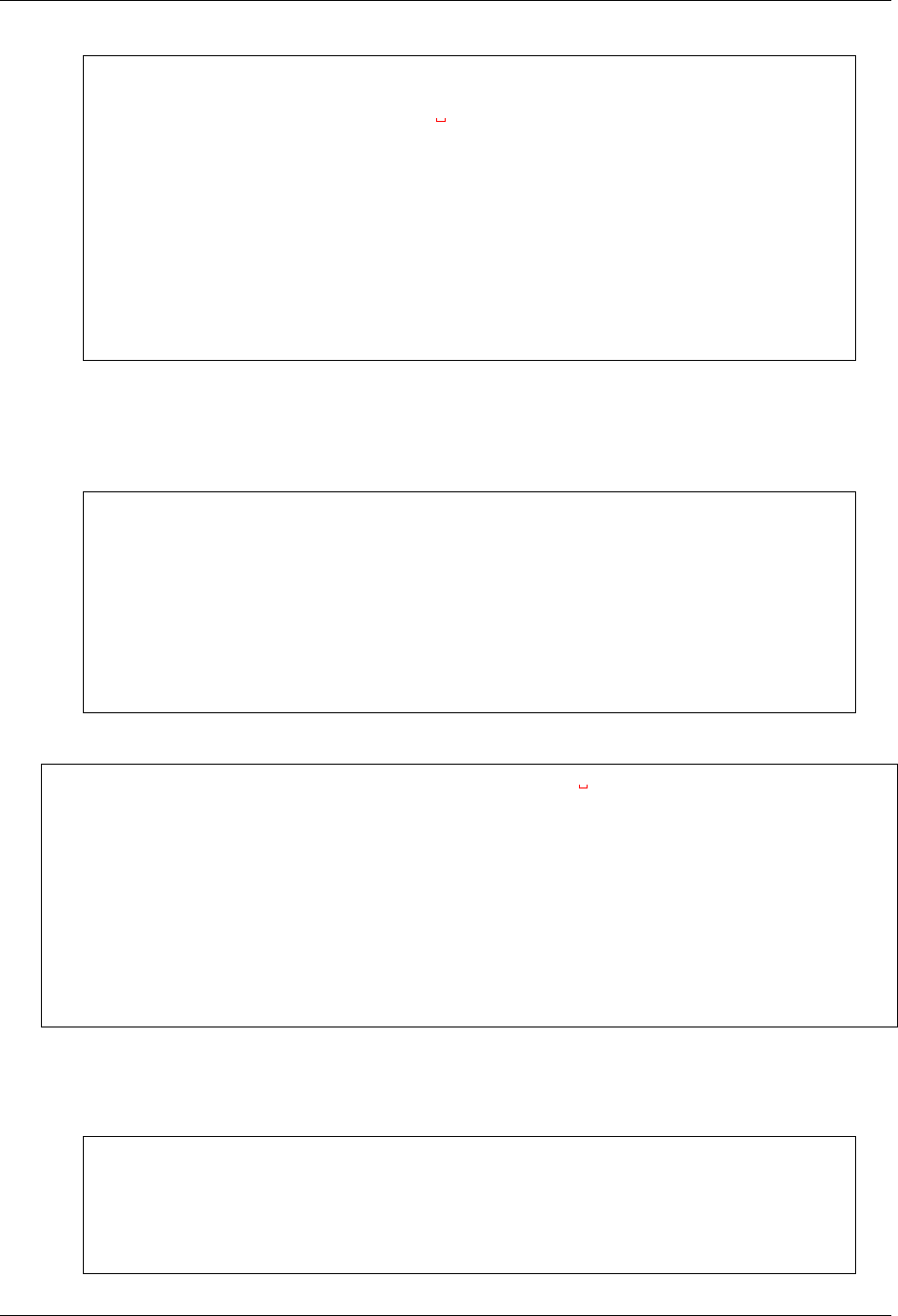
GeoServer User Manual, Release 2.15.1
"type":"circle",
"source-layer":"ne:populated_places",
,→"filter": ["!=","FEATURECLA","Admin-0 capital"],
"minzoom":7,
"paint": {
"circle-color":"gray",
"circle-radius":4,
"circle-stroke-color":"black",
"circle-stroke-width":1
}
}
]
}
When combined with checking another attribute, or checking @scale
as in our example, this approach can quickly lead to many rules
which can be difficult to keep straight.
2. Taking a closer look, icon-image is expressed using a string:
{
"id":"point_capital",
"type":"symbol",
"source-layer":"ne:populated_places",
"filter": ["==","FEATURECLA","Admin-0 capital"]
"minzoom":2,
"layout": {
"icon-image":"star",
}
}
Which is represented in SLD as:
<sld:PointSymbolizer
,→uom="http://www.opengeospatial.org/se/units/pixel">
<sld:Graphic>
<sld:ExternalGraphic>
<sld:OnlineResource xmlns:xlink="http://www.
,→w3.org/1999/xlink" xlink:type="simple" xlink:href=
,→"http://localhost:8080/geoserver/styles/sprites#icon=
,→${strURLEncode('star')}&size=${strURLEncode(1.0)}"/>
<sld:Format>mbsprite</sld:Format>
</sld:ExternalGraphic>
</sld:Graphic>
</sld:PointSymbolizer>
3. MBStyle provides an opportunity for dynamic symbolization.
This is accomplished by using a function for the value of the icon-
image:
{
"version":8,
"name":"point_example",
"sprite
,→":"http://localhost:8080/geoserver/styles/sprites",
"layers": [
6.7. Styling Workshop 1049
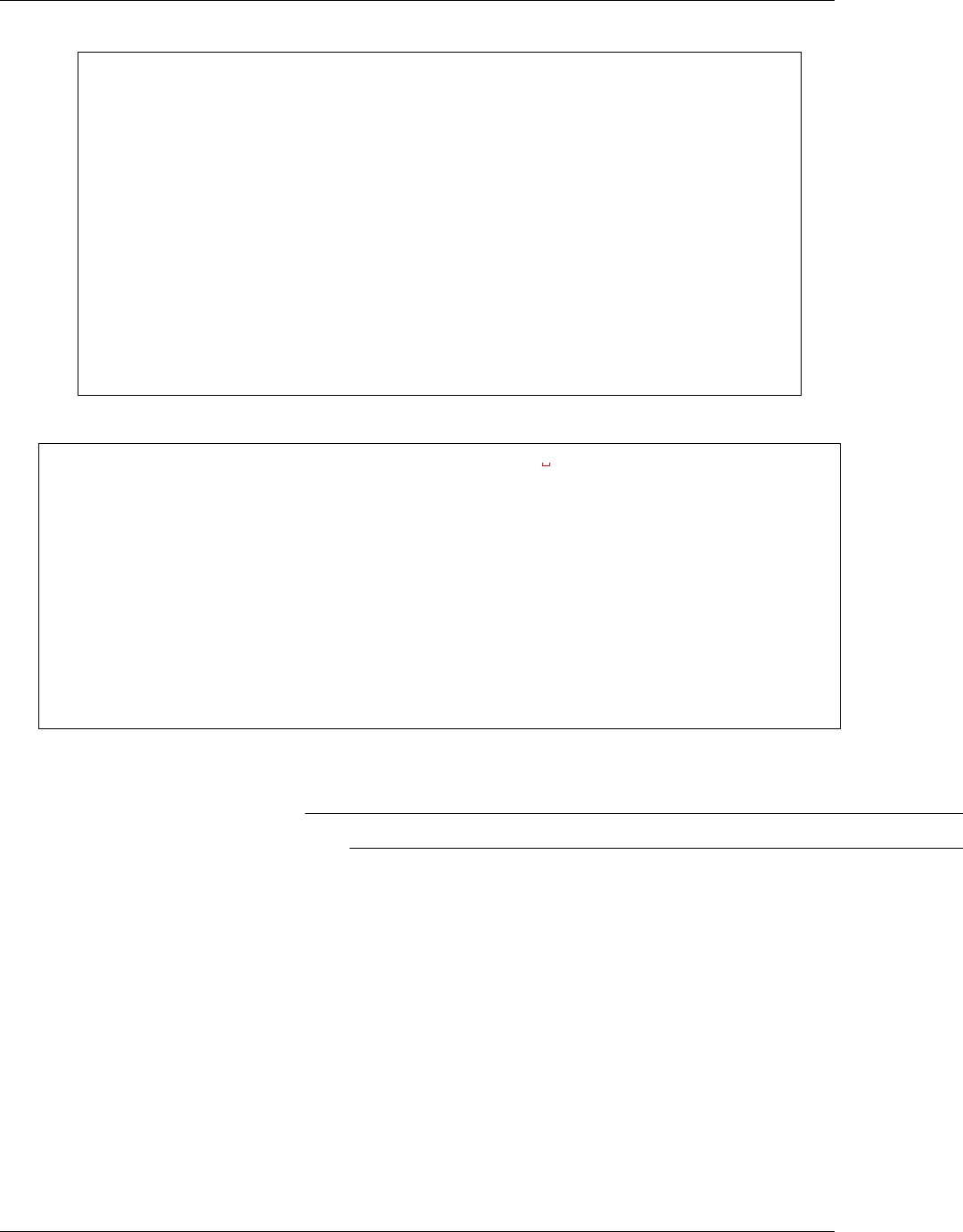
GeoServer User Manual, Release 2.15.1
{
"id":"point_capital",
"type":"symbol",
"source-layer":"ne:populated_places",
"layout": {
"icon-image": {
"type":"categorical",
"property":"FEATURECLA",
"default":"grey_circle",
"stops": [
["Admin-0 capital","star"]
]
}
}
}
]
}
Which is represented in SLD as:
<sld:PointSymbolizer
,→uom="http://www.opengeospatial.org/se/units/pixel">
<sld:Graphic>
<sld:ExternalGraphic>
<sld:OnlineResource xmlns:xlink="http://www.
,→w3.org/1999/xlink" xlink:type="simple" xlink:href=
,→"http://localhost:8080/geoserver/styles/sprites
,→#icon=${strURLEncode(DefaultIfNull(Recode(FEATURECLA,
,→'Admin-0 capital',
,→'star'),'grey_circle'))}&size=${strURLEncode(1.0)}"/>
<sld:Format>mbsprite</sld:Format>
</sld:ExternalGraphic>
</sld:Graphic>
</sld:PointSymbolizer>
4. Challenge: Use this approach to rewrite the Dynamic Styling exam-
ple.
Note: Answer provided at the end of the workbook.
Rasters
Finally we will look at using MBStyle styling for the portrayal of
raster data.
Fig. 6.315: Raster Symbology
Review of raster symbology:
• Raster data is Grid Coverage where values have been recorded in
a regular array. In OGC terms a Coverage can be used to look up a
value or measurement for each location.
• When queried with a “sample” location:
1050 Chapter 6. Styling
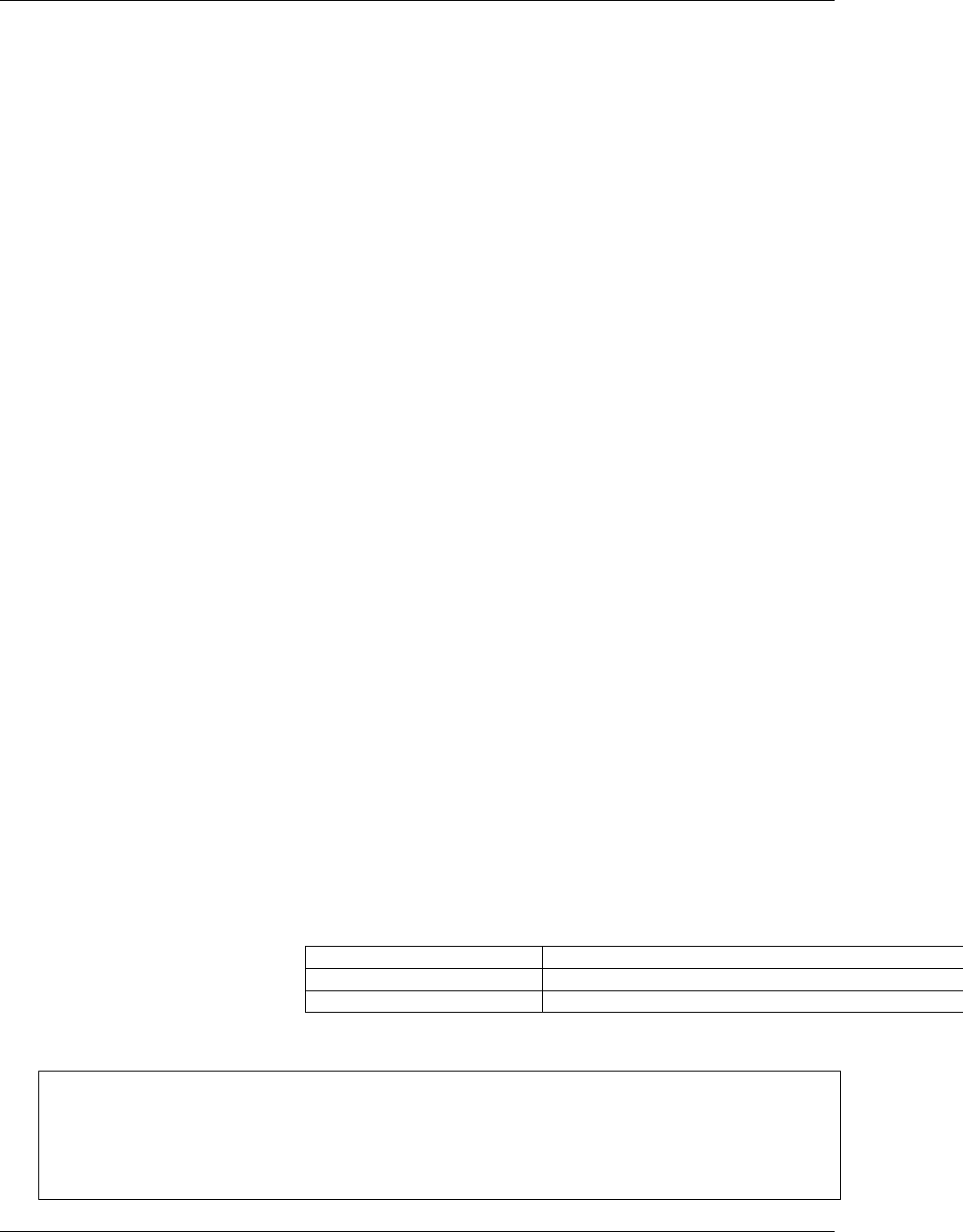
GeoServer User Manual, Release 2.15.1
–A grid coverage can determine the appropriate array location and
retrieve a value. Different techniques may be used interpolate an
appropriate value from several measurements (higher quality) or
directly return the “nearest neighbor” (faster).
–A vector coverages would use a point-in-polygon check and return
an appropriate attribute value.
–A scientific model can calculate a value for each sample location
• Many raster formats organize information into bands of content.
Values recorded in these bands and may be mapped into colors for
display (a process similar to theming an attribute for vector data).
For imagery the raster data is already formed into red, green and
blue bands for display.
• As raster data has no inherent shape, the format is responsible for
describing the orientation and location of the grid used to record
measurements.
These raster examples use a digital elevation model consisting of a
single band of height measurements. The imagery examples use an
RGB image that has been hand coloured for use as a base map.
Since MBStyle is primarily intended for client-side styling, it doesn’t
have much ability to style raster data when compared with SLD, so
this section will be much shorter than the equivalent raster sections
for CSS and YSLD.
Reference:
•MBStyle Reference
•MapBox Style Spec Raster Layer
•Point (User Manual | SLD Reference )
The exercise makes use of the usgs:dem and ne:ne1 layers.
Image
The raster layer controls the display of raster data.
1. Navigate to the Styles page.
2. Click Add a new style and choose the following:
Name: image_example
Workspace: No workspace
Format: MBStyle
3. Replace the initial MBStyle definition with:
{
"name":"image_example",
"version":8,
"layers": [
{
"id":"image_example",
6.7. Styling Workshop 1051
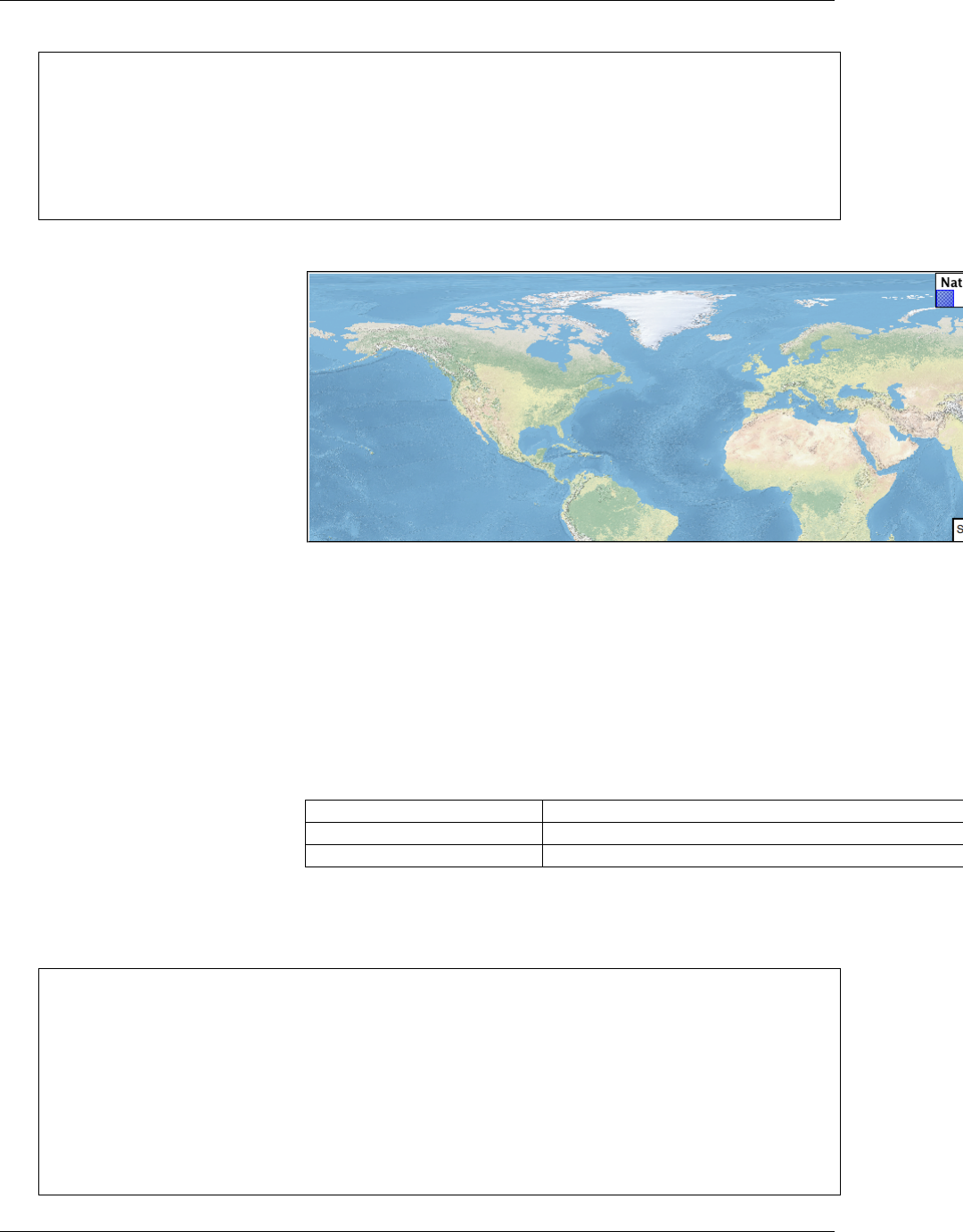
GeoServer User Manual, Release 2.15.1
"type":"raster",
"source-layer":"ne:ne1",
"paint": {
"raster-opacity":1
}
}
]
}
4. And use the Layer Preview tab to preview the result.
DEM
A digital elevation model is an example of raster data made up of
measurements, rather than color information.
The usgs:dem layer used used for this exercise:
1. Return to the the Styles page.
2. Click Add a new style and choose the following:
Name: raster_example
Workspace: No workspace
Format: MBStyle
3. The rendering engine will select our single band of raster content,
and do its best to map these values into a grayscale image. Replace
the content of the style with:
{
"name":"raster_example",
"version":8,
"layers": [
{
"id":"raster_example",
"type":"raster",
"source-layer":"usgs:dem",
"paint": {
"raster-opacity":1
}
1052 Chapter 6. Styling
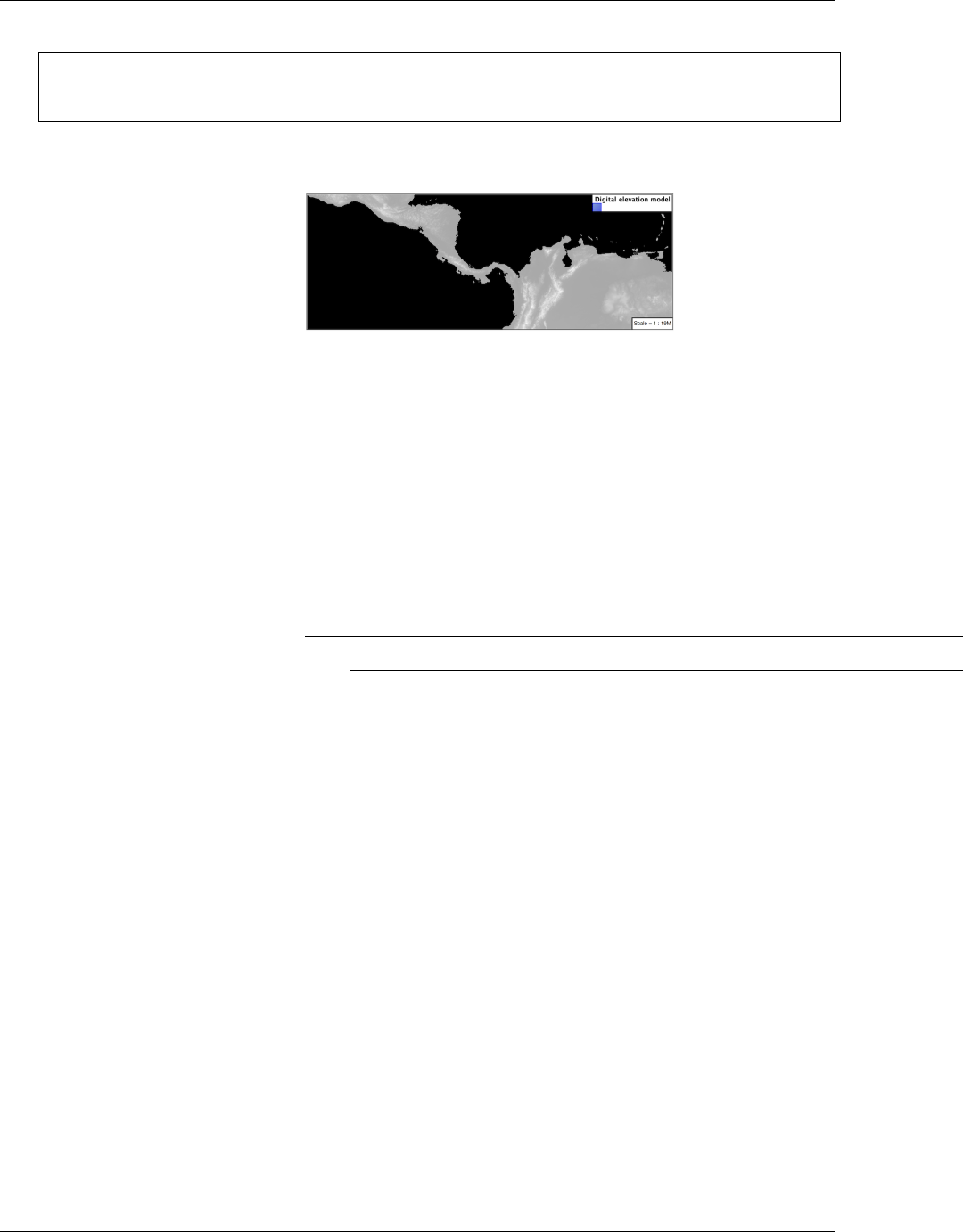
GeoServer User Manual, Release 2.15.1
}
]
}
4. Use the Layer Preview tab to preview the result. The range produced
in this case from the highest and lowest values.
Bonus
Challenge Raster Opacity
1. There is a quick way to make raster data transparent, raster opacity
property works in the same fashion as with vector data. The raster
as a whole will be drawn partially transparent allow content from
other layers to provide context.
2. Challenge: Can you think of an example where this would be use-
ful?
Note: Discussion provided at the end of the workbook.
MBStyle Workbook Conclusion
We hope you have enjoyed this styling workshop.
Additional resources:
•MBStyle Extension
•MBStyle Reference
MBStyle Tips and Tricks
MBStyle Workshop Answer Key
The following questions were listed through out the workshop as an
opportunity to explore the material in greater depth. Please do your
best to consider the questions in detail prior to checking here for
the answer. Questions are provided to teach valuable skills, such as
a chance to understand how feature type styles are used to control
z-order, or where to locate information in the user manual.
6.7. Styling Workshop 1053
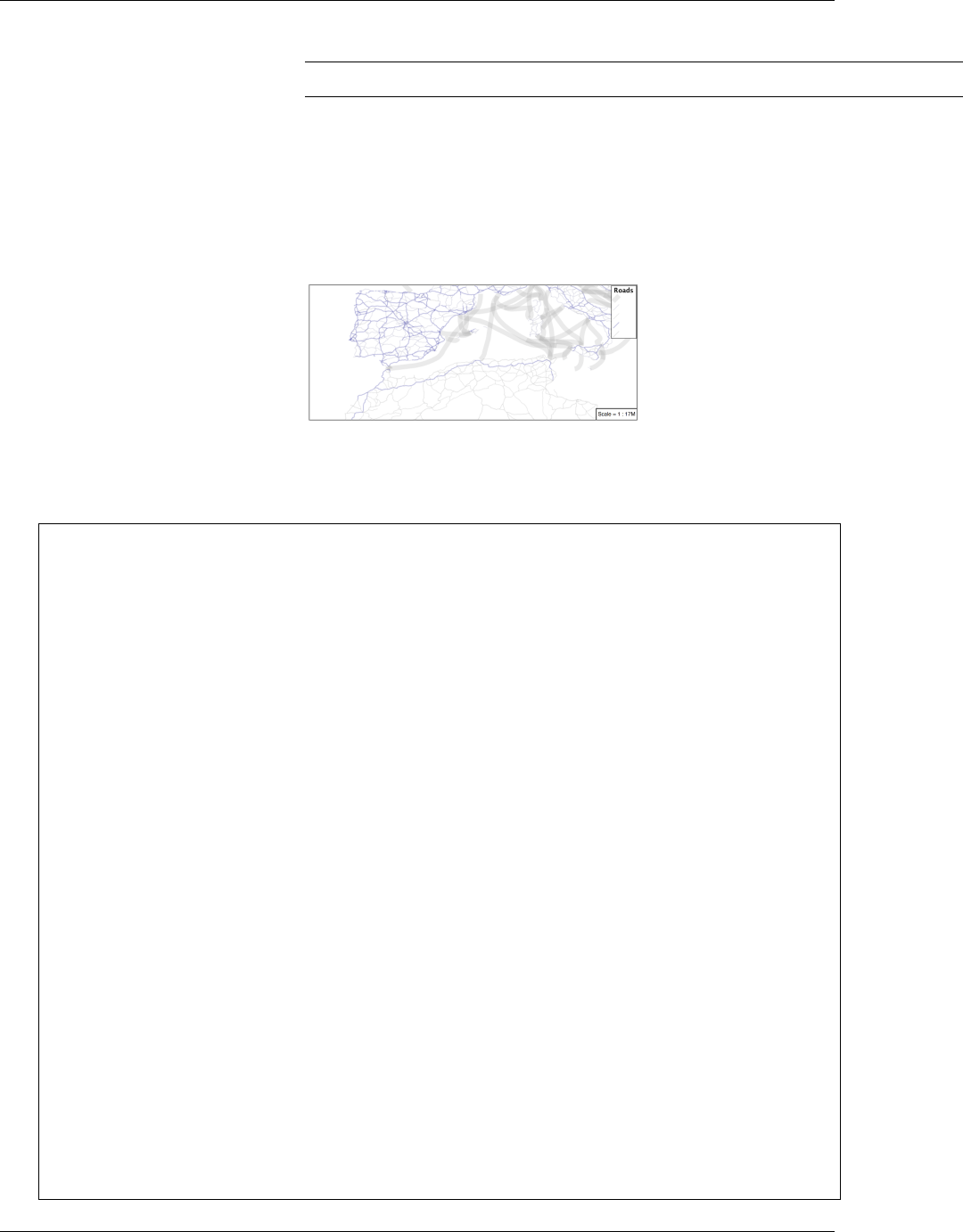
GeoServer User Manual, Release 2.15.1
Note: Coming Soon
Classification
Answer for Challenge Classification:
1. Challenge: Create a new style adjust road appearance based on
type.
Hint: The available values are ‘Major Highway’,’Secondary High-
way’,’Road’ and ‘Unknown’.
2. Here is an example:
{
"version":8,
"name":"line_example",
"layers": [
{
"id":"line_hwy1",
"source-layer":"ne:roads",
"type":"line",
"filter": ["==","type","Major Highway"],
"paint": {
"line-color":"#000088",
"line-width":1.25,
"line-opacity":0.25
}
},
{
"id":"line_hwy2",
"source-layer":"ne:roads",
"type":"line",
"filter": ["==","type","Secondary Highway"],
"paint": {
"line-color":"#8888AA",
"line-width":0.75,
"line-opacity":0.25
}
},
{
"id":"line_road",
"source-layer":"ne:roads",
"type":"line",
"filter": ["==","type","Road"],
"paint": {
"line-color":"#888888",
"line-width":0.75,
1054 Chapter 6. Styling
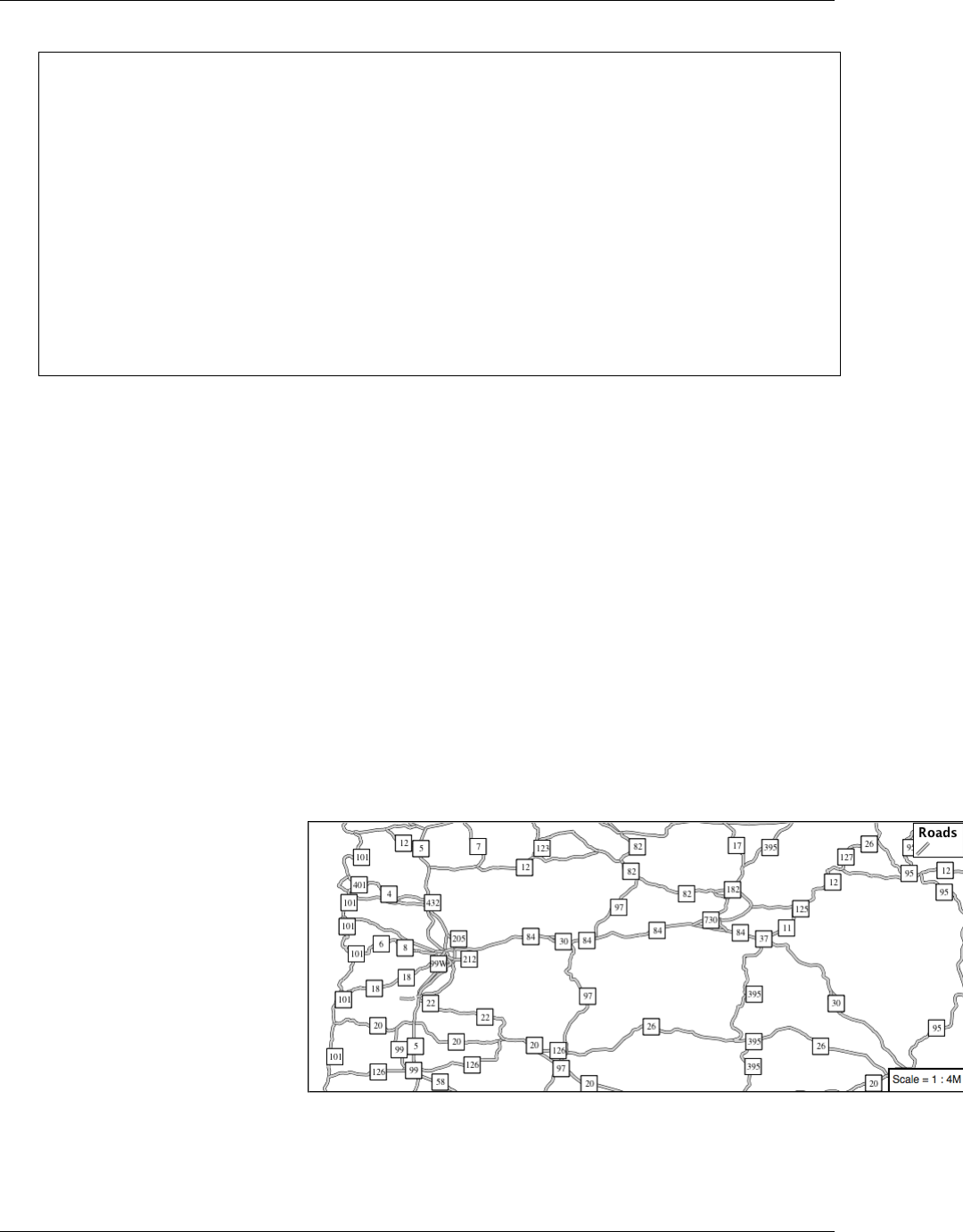
GeoServer User Manual, Release 2.15.1
"line-opacity":0.25
}
},
{
"id":"line_unk",
"source-layer":"ne:roads",
"type":"line",
"filter": ["==","type","Unknown"],
"paint": {
"line-color":"#888888",
"line-width":0.5,
"line-opacity":0.25
}
}
]
}
One Rule Classification
Answer for Challenge One Rule Classification:
1. Challenge: Create a new style and classify the roads based on their
scale rank using expressions in a single rule instead of multiple rules
with filters.
2. This exercise requires looking up information in the MBstyle user
guide.
• The Mapbox Style specification functions provides details.
Label Shields
Answer for Challenge Label Shields:
1. Challenge: Have a look at the documentation for putting a graphic on
a text symbolizer in SLD and reproduce this technique in MBStyle.
2. The use of a label shield is a vendor specific capability of the
GeoServer rendering engine. The tricky part of this exercise is
finding which symbol layout parameters give the desired behavior,
6.7. Styling Workshop 1055
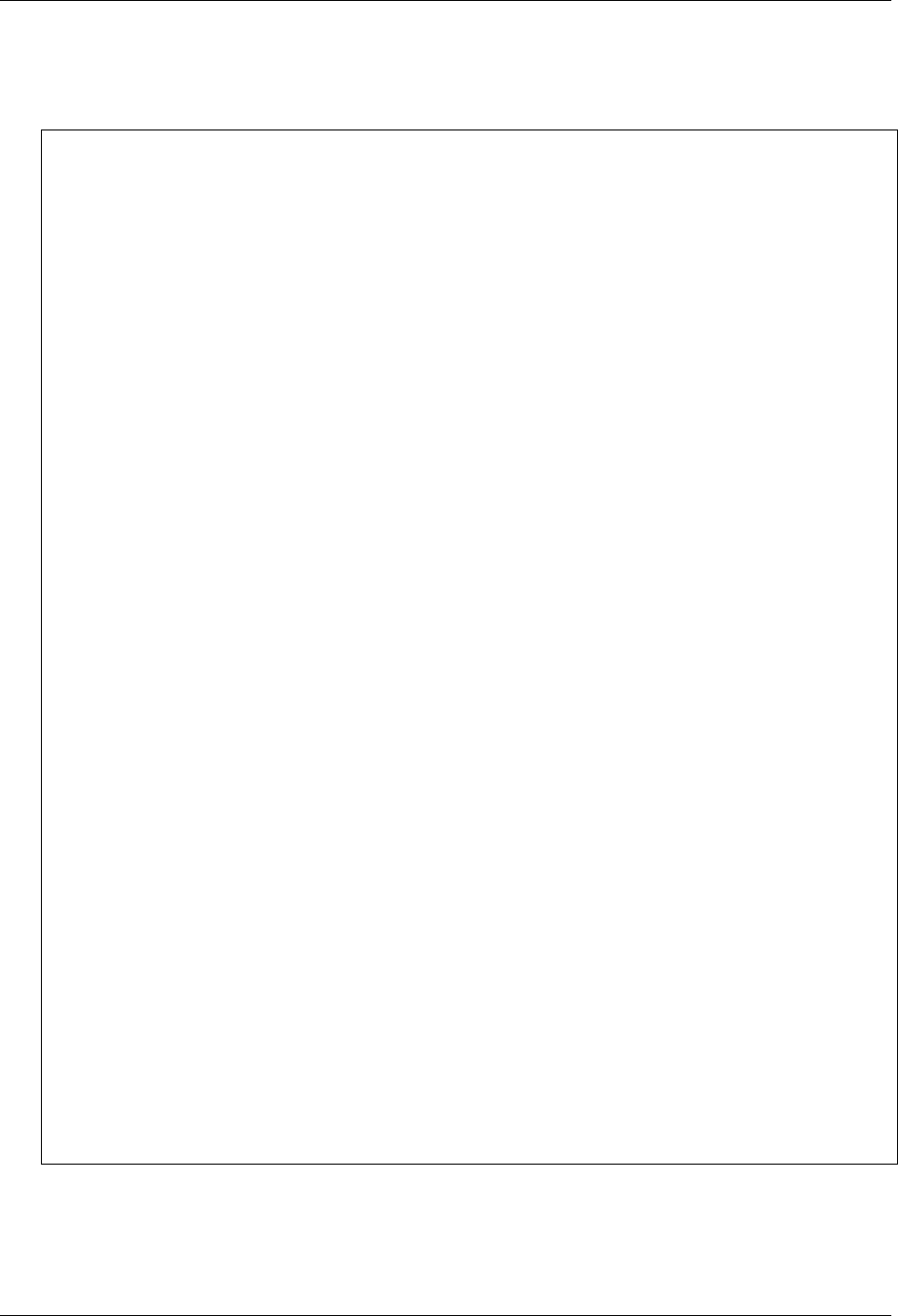
GeoServer User Manual, Release 2.15.1
mainly icon-text-fit but also the various placement and overlap pa-
rameters to allow the text to be drawn atop the labels ( see symbol
layer).
{
"version":8,
"name":"line_example",
"sprite
,→":"http://localhost:8080/geoserver/styles/sprites",
"layers": [
{
"id":"line_casing",
"source-layer":"ne:roads",
"type":"line",
"paint": {
"line-color":"#000000",
"line-width":3,
}
},
{
"id":"line_inner",
"source-layer":"ne:roads",
"type":"line",
"paint": {
"line-color":"#D3D3D3",
"line-width":2,
}
},
{
"id":"label",
"source-layer":"ne:roads",
"type":"symbol",
"layout": {
"icon-image":"white_square16",
"icon-text-fit":"width",
"icon-text-fit-padding": [2,2,2,2],
"text-field":"{name}",
"text-font": ["Ariel"],
"text-font-size":10,
"text-ignore-placement":true,
"text-allow-overlap":true,
"icon-ignore-placement":true,
"icon-allow-overlap":true,
"symbol-placement":"line",
"symbol-spacing":0
}
"paint": {
"text-color":"black"
}
}
]
}
Interval
Answer for Explore Interval:
1056 Chapter 6. Styling
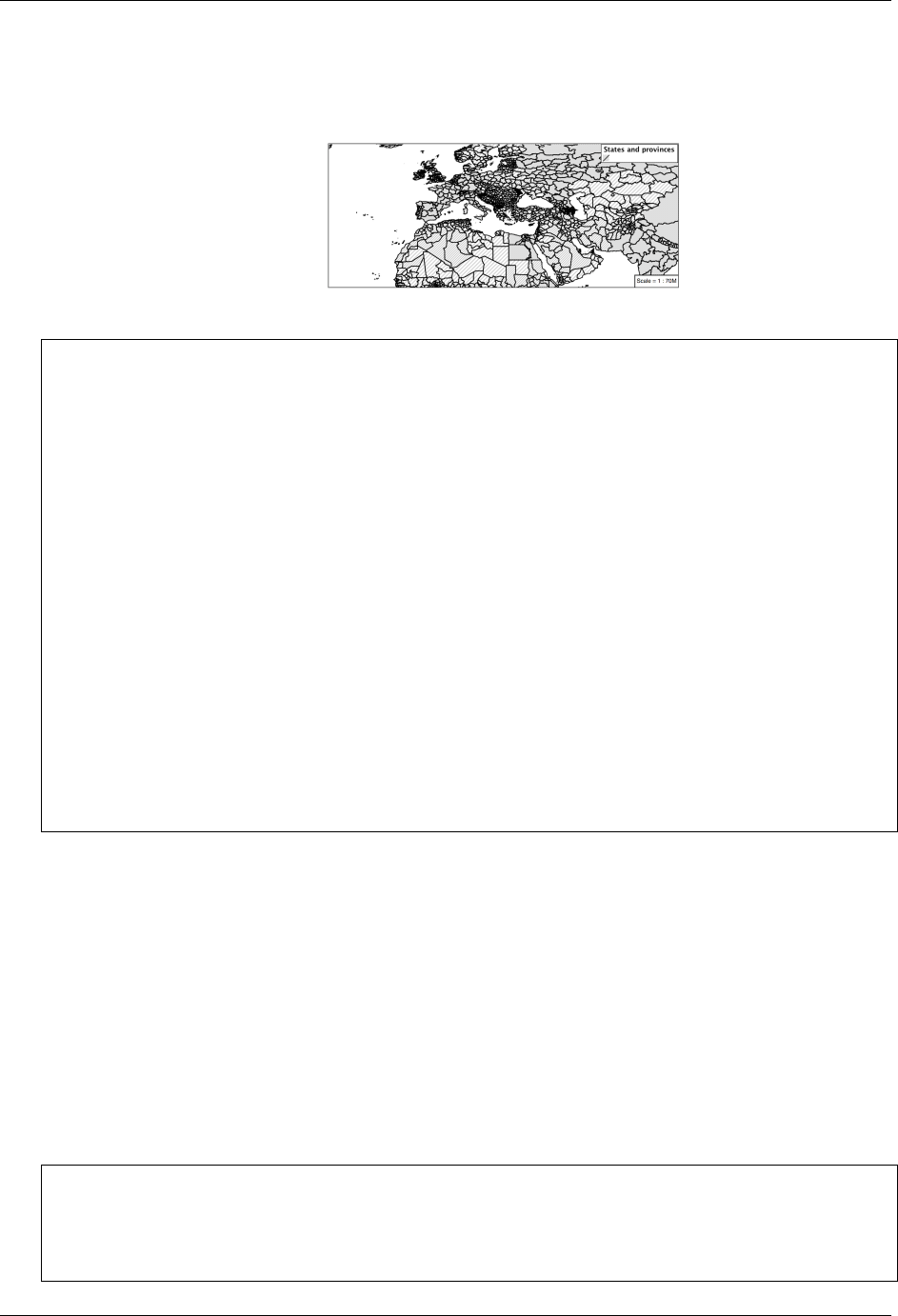
GeoServer User Manual, Release 2.15.1
1. An exciting use of the GeoServer fill-pattern symbols is theming by
changing the pattern used.
2. Explore: Use the interval function to theme by datarank.
Example:
{
"version":8,
"name":"polygon_example",
"sprite
,→":"http://localhost:8080/geoserver/styles/sprites",
"layers": [
{
"id":"polygon",
"source-layer":"ne:states_provinces_shp",
"type":"fill",
"paint": {
"fill-pattern": {
"property":"datarank",
"type":"interval",
"stops": [
[4,"grey_diag8"],
[6,"grey_diag16"]
]
}
}
}
]
}
Halo
Answer for Challenge Halo:
1. The halo example used the fill color and opacity for a muted halo,
while this improved readability it did not bring attention to our la-
bels.
A common design choice for emphasis is to outline the text in a con-
trasting color.
2. Challenge: Produce a map that uses a white halo around black text.
Here is an example:
{
"version":8,
"name":"polygon_example",
"layers": [
{
6.7. Styling Workshop 1057
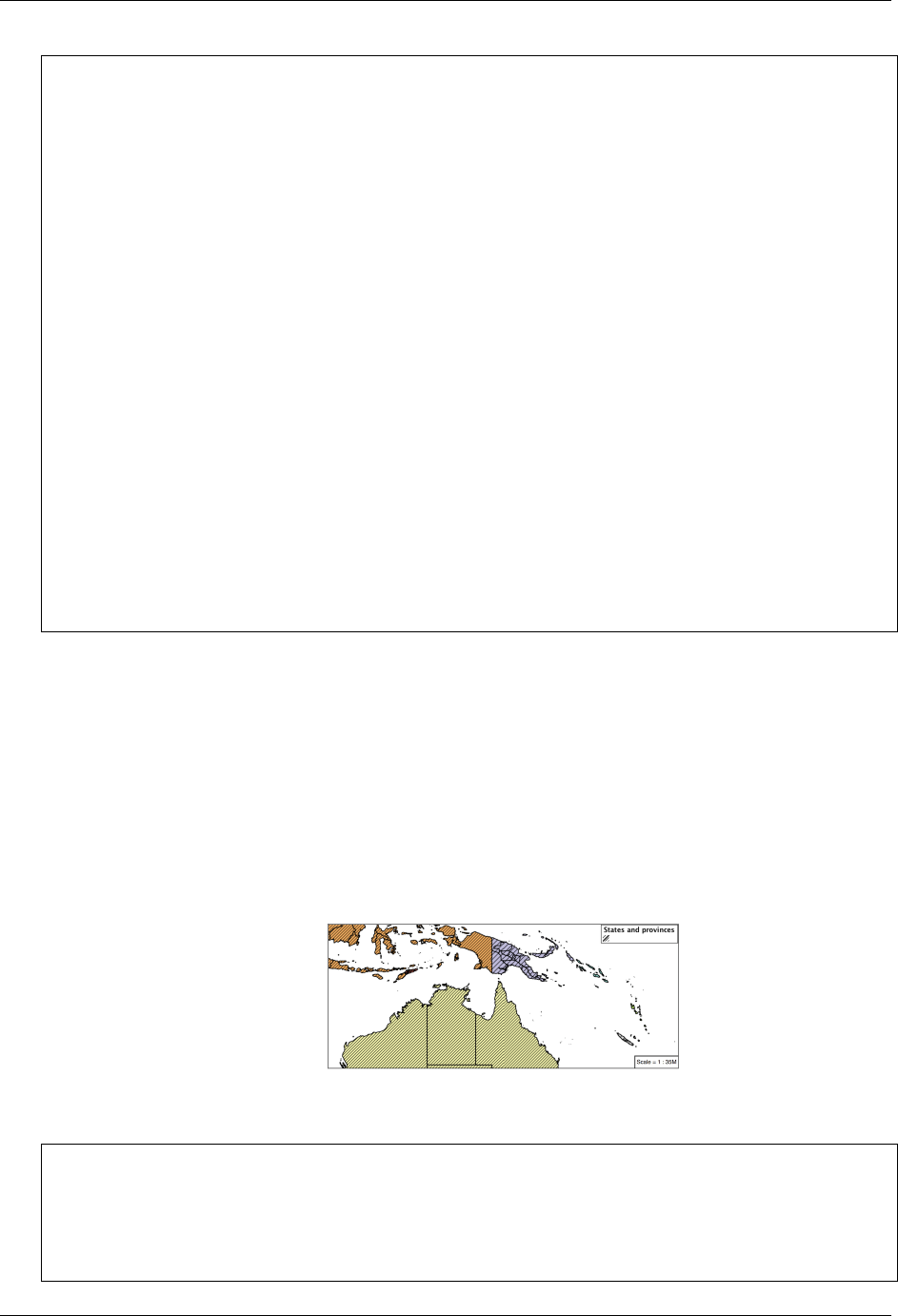
GeoServer User Manual, Release 2.15.1
"id":"polygon_fill",
"source-layer":"ne:states_provinces_shp",
"type":"fill",
"paint": {
"fill-color":"#7EB5D3",
"fill-outline-color":"gray"
}
},
{
"id":"polygon_label",
"source-layer":"ne:states_provinces_shp",
"type":"symbol",
"layout": {
"text-field":"{name}",
"text-anchor":"center"
"text-max-width":14,
"text-font": ["Arial"]
},
"paint": {
"text-color":"white",
"text-halo-color":"black",
"text-halo-width":1
}
}
]
}
Theming using Multiple Attributes
Answer for Challenge Theming using Multiple Attributes:
1. A powerful tool is theming using multiple attributes. This is an im-
portant concept allowing map readers to perform “integration by
eyeball” (detecting correlations between attribute values informa-
tion).
2. Challenge: Combine the mapcolor9 and datarank examples to re-
produce the following map.
This should be a cut and paste using the categorical example,
and interval examples already provided.
{
"version":8,
"name":"polygon_example",
"sprite
,→":"http://localhost:8080/geoserver/styles/sprites",
"layers": [
1058 Chapter 6. Styling
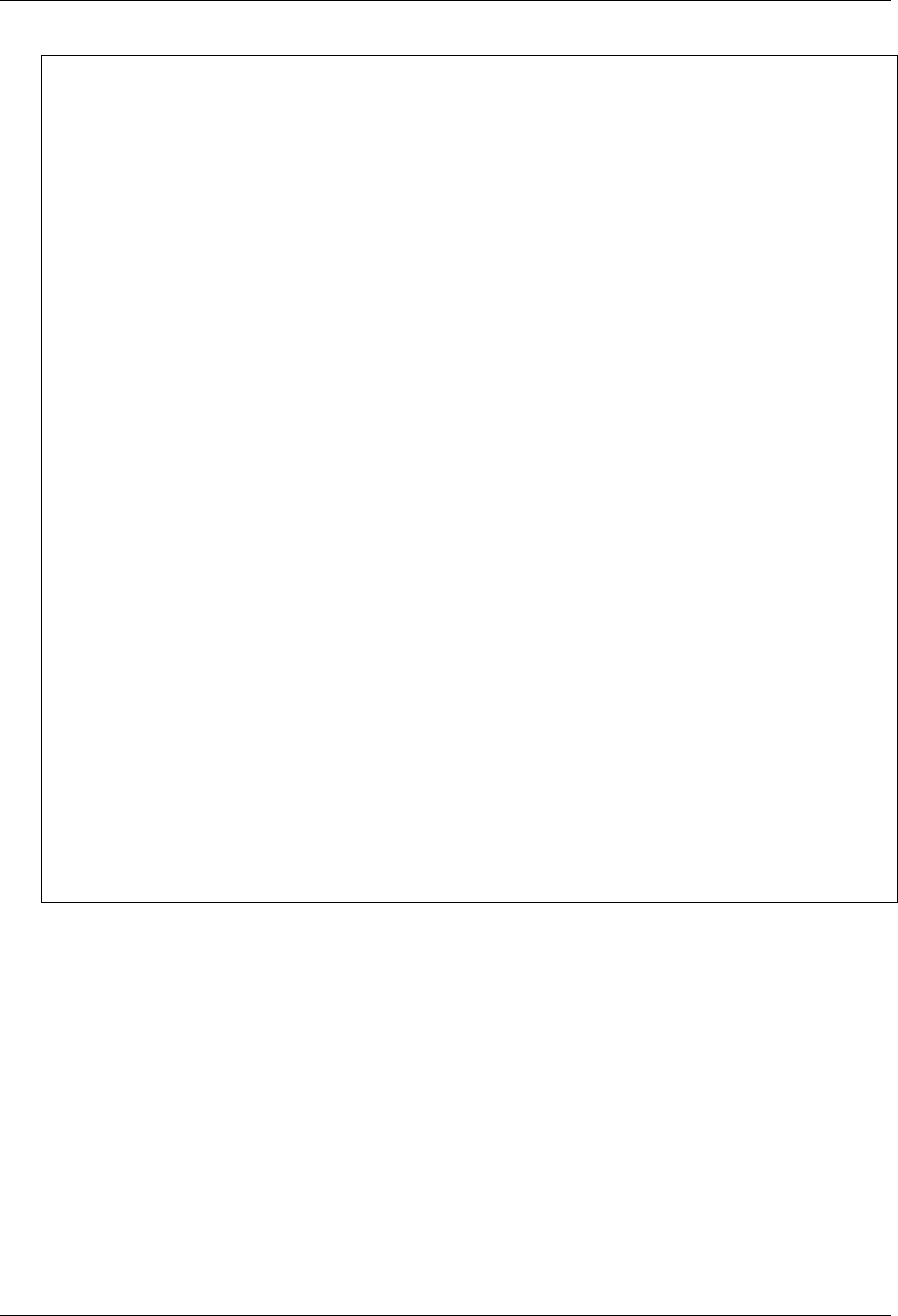
GeoServer User Manual, Release 2.15.1
{
"id":"polygon",
"source-layer":"ne:states_provinces_shp",
"type":"fill",
"paint": {
"fill-color": {
"property":"mapcolor9",
"type":"categorical",
"stops": [
[1,"#8dd3c7"],
[2,"#ffffb3"],
[3,"#bebada"],
[4,"#fb8072"],
[5,"#80b1d3"],
[6,"#fdb462"],
[7,"#b3de69"],
[8,"#fccde5"],
[9,"#d9d9d9"]
]
},
"fill-outline-color":"gray"
}
},
{
"id":"polygon",
"source-layer":"ne:states_provinces_shp",
"type":"fill",
"paint": {
"fill-pattern": {
"property":"datarank",
"type":"interval",
"stops": [
[4,"grey_diag8"],
[6,"grey_diag16"]
]
}
}
}
]
}
Use of Z-Index
Answer for Challenge Use of Z-Index:
1. Using multiple layers to simulate line string casing. The resulting
effect is similar to text halos - providing breathing space around
complex line work allowing it to stand out.
2. Challenge: Use what you know of LineString rendering order to
reproduce the following map:
6.7. Styling Workshop 1059
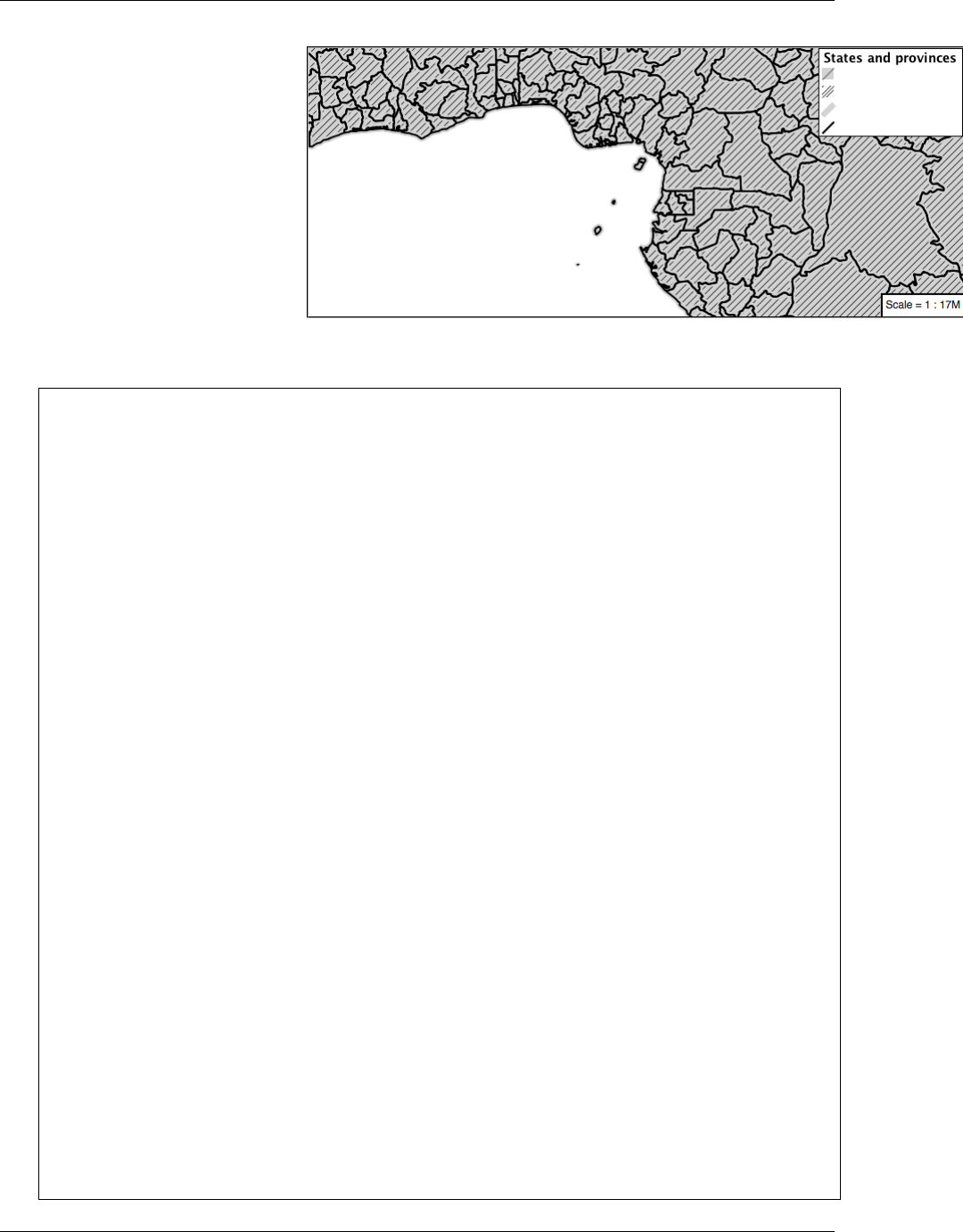
GeoServer User Manual, Release 2.15.1
This is much easier when using MBStyle, where z-order is controlled
by layer.
{
"version":8,
"name":"polygon_example",
"sprite
,→":"http://localhost:8080/geoserver/styles/sprites",
"layers": [
{
"id":"polygon_fill",
"source-layer":"ne:states_provinces_shp",
"type":"fill",
"paint": {
"fill-color":"lightgrey",
}
},
{
"id":"polygon_pattern",
"source-layer":"ne:states_provinces_shp",
"type":"fill",
"paint": {
"fill-pattern":"grey_diag16"
}
}
{
"id":"polygon_casing",
"source-layer":"ne:states_provinces_shp",
"type":"line",
"paint": {
"line-color":"lightgrey",
"line-width":6
}
},
{
"id":"polygon_outline",
"source-layer":"ne:states_provinces_shp",
"type":"line",
"paint": {
"line-color":"black",
"line-width":1.5
}
}
]
1060 Chapter 6. Styling

GeoServer User Manual, Release 2.15.1
}
The structure of the legend graphic provides an indication on what
is going on.
Geometry Location
Answer for Challenge Geometry Location:
1. The symbol layer can be used to render any geometry content.
2. Challenge: Try this yourself by rendering polygon data using a
symbol layer.
This can be done one of two ways:
• Changing the association of a polygon layer, such as
ne:states_provinces_shp to point_example and using
the layer preview page.
• Changing the Layer Preview tab to a polygon layer, such as
ne:states_provinces_shp.
The important thing to notice is that the centroid of each polygon is
used as a point location.
Note: A layer in an MBStyle is not the same as a layer in GeoServer. A GeoServer layer is a raster or vector
dataset that represents a collection of geographic features. A MBStyle layer is a block of styling information,
similar to a SLD Symbolizer.
Dynamic Symbolization
Answer for Explore Dynamic Symbolization:
1. icon-image provides an opportunity for dynamic symbolization.
This is accomplished by using a function for the value of
icon-image:
{
"version":8,
"name":"point_example",
"sprite
,→":"http://localhost:8080/geoserver/styles/sprites",
"layers": [
{
"id":"point_capital",
"type":"symbol",
"source-layer":"ne:populated_places",
"layout": {
"icon-image": {
"type":"categorical",
"property":"FEATURECLA",
"default":"grey_circle",
"stops": [
6.7. Styling Workshop 1061

GeoServer User Manual, Release 2.15.1
["Admin-0 capital","star"]
]
}
}
}
]
}
2. Challenge: Use this approach to rewrite the Dynamic Styling exam-
ple.
Example available here point_example.json :
Raster Opacity
Discussion for Challenge Raster Opacity:
1. There is a quick way to make raster data transparent, raster opacity
property works in the same fashion as with vector data. The raster
as a whole will be drawn partially transparent allow content from
other layers to provide context.
2. Challenge: Can you think of an example where this would be use-
ful?
This is difficult as raster data is usually provided for use as a
basemap, with layers being drawn over top.
The most obvious example here is the display of weather systems,
or model output such as fire danger. By drawing the raster with
some transparency, the landmass can be shown for context.
1062 Chapter 6. Styling

CHAPTER 7
Services
GeoServer serves data using standard protocols established by the Open Geospatial Consortium:
• The Web Map Service (WMS) supports requests for map images (and other formats) generated from
geographical data.
• The Web Feature Service (WFS) supports requests for geographical feature data (with vector geome-
try and attributes).
• The Web Coverage Service (WCS) supports requests for coverage data (rasters).
These services are the primary way that GeoServer supplies geospatial information.
7.1 Web Map Service (WMS)
This section describes the Web Map Service (WMS).
7.1.1 WMS settings
This page details the configuration options for WMS in the web administration interface.
Service Metadata
See the section on Service Metadata.
Root Layer Information
In this section is possible to define a title and an abstract for the root layer in the WMS capabilities. When
these are left empty the WMS service title and abstract are used.
1063
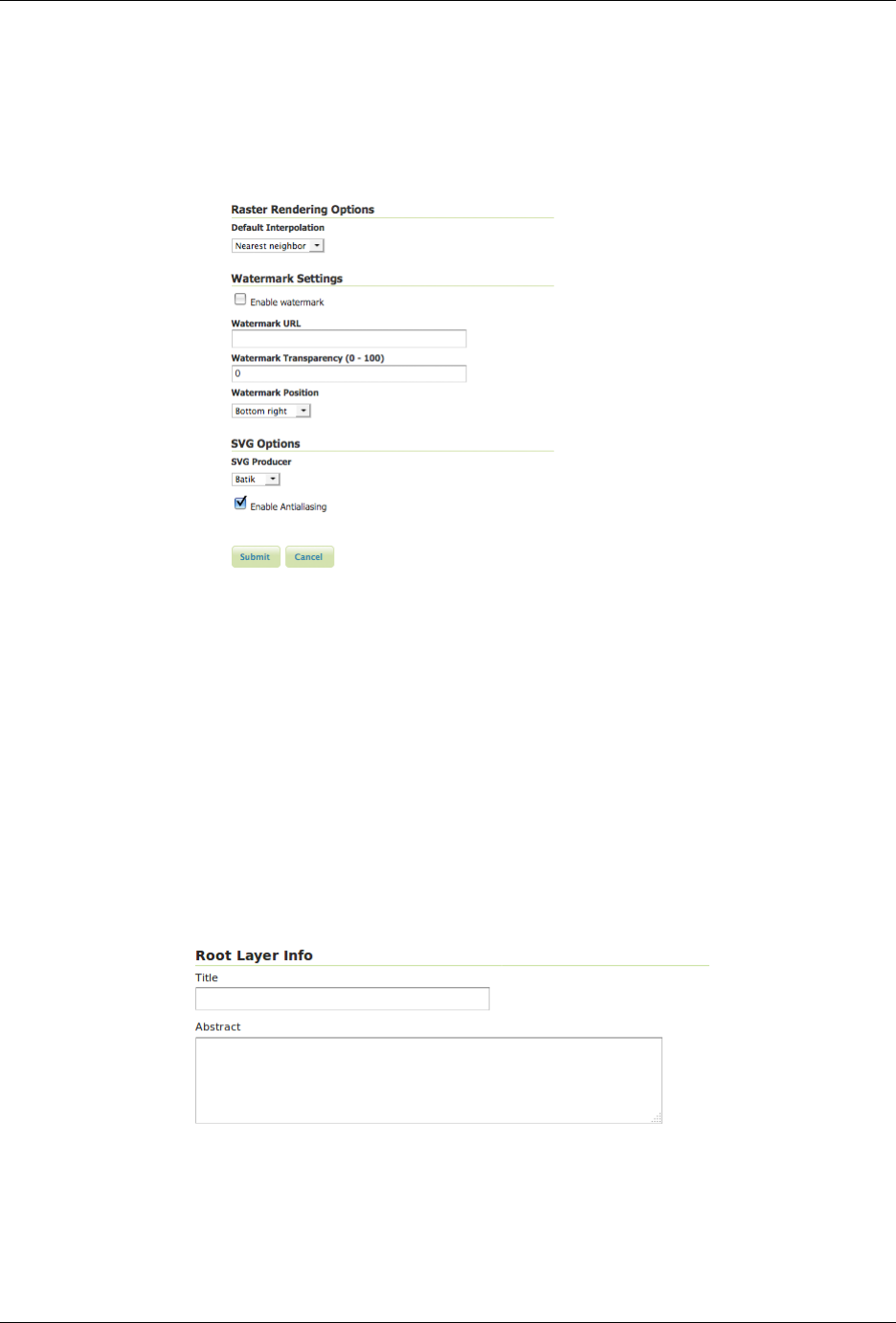
GeoServer User Manual, Release 2.15.1
Fig. 7.1: WMS configuration options
1064 Chapter 7. Services

GeoServer User Manual, Release 2.15.1
Raster Rendering Options
The Web Map Service Interface Standard (WMS) provides a simple way to request and serve geo-registered
map images. During pan and zoom operations, WMS requests generate map images through a variety
of raster rendering processes. Such image manipulation is generally called resampling, interpolation, or
down-sampling. GeoServer supports three resampling methods that determine how cell values of a raster
are outputted. These sampling methods—Nearest Neighbor, Bilinear Interpolation and Bicubic—are avail-
able on the Default Interpolation menu.
Nearest Neighbor—Uses the center of nearest input cell to determine the value of the output cell. Original
values are retained and no new averages are created. Because image values stay exactly the same, rendering
is fast but possibly pixelated from sharp edge detail. Nearest neighbor interpolation is recommended for
categorical data such as land use classification.
Bilinear—Determines the value of the output cell based by sampling the value of the four nearest cells
by linear weighting. The closer an input cell, the higher its influence of on the output cell value. Since
output values may differ from nearest input, bilinear interpolation is recommended for continuous data
like elevation and raw slope values. Bilinear interpolation takes about five times as long as nearest neighbor
interpolation.
Bicubic—Looks at the sixteen nearest cells and fits a smooth curve through the points to find the output
value. Bicubic interpolation may both change the input value as well as place the output value outside of
the range of input values. Bicubic interpolation is recommended for smoothing continuous data, but this
incurs a processing performance overhead.
Watermark Settings
Watermarking is the process of embedding an image into a map. Watermarks are usually used for branding,
copyright, and security measures. Watermarks are configured in the WMS watermarks setting section.
Enable Watermark—Turns on watermarking. When selected, all maps will render with the same water-
mark. It is not currently possible to specify watermarking on a per-layer or per-feature basis.
Watermark URL—Location of the graphic for the watermark. The graphic can be referenced as an abso-
lute path (e.g., C:\GeoServer\watermark.png), a relative one inside GeoServer’s data directory (e.g.,
watermark.png), or a URL (e.g., http://www.example.com/images/watermark.png).
Each of these methods have their own advantages and disadvantages. When using an absolute or relative
link, GeoServer keeps a cached copy of the graphic in memory, and won’t continually link to the original
file. This means that if the original file is subsequently deleted, GeoServer won’t register it missing until
the watermark settings are edited. Using a URL might seem more convenient, but it is more I/O intensive.
GeoServer will load the watermark image for every WMS request. Also, should the URL cease to be valid,
the layer will not properly display.
Watermark Transparency–Determines the opacity level of the watermark. Numbers range between 0
(opaque) and 100 (fully invisible).
Watermark Position—Specifies the position of the watermark relative to the WMS request. The nine op-
tions indicate which side and corner to place the graphic (top-left, top-center, top-right, etc). The default
watermark position is bottom-right. Note that the watermark will always be displayed flush with the
boundary. If extra space is required, the graphic itself needs to change.
Because each WMS request renders the watermark, a single tiled map positions one watermark relative
to the view window while a tiled map positions the watermark for each tile. The only layer specific as-
pect of watermarking occurs because a single tile map is one WMS request, whereas a tiled map contains
many WMS requests. (The latter watermark display resembles Google Maps faint copyright notice in their
Satellite imagery.) The following three examples demonstrate watermark position, transparency and tiling
display, respectively.
7.1. Web Map Service (WMS) 1065
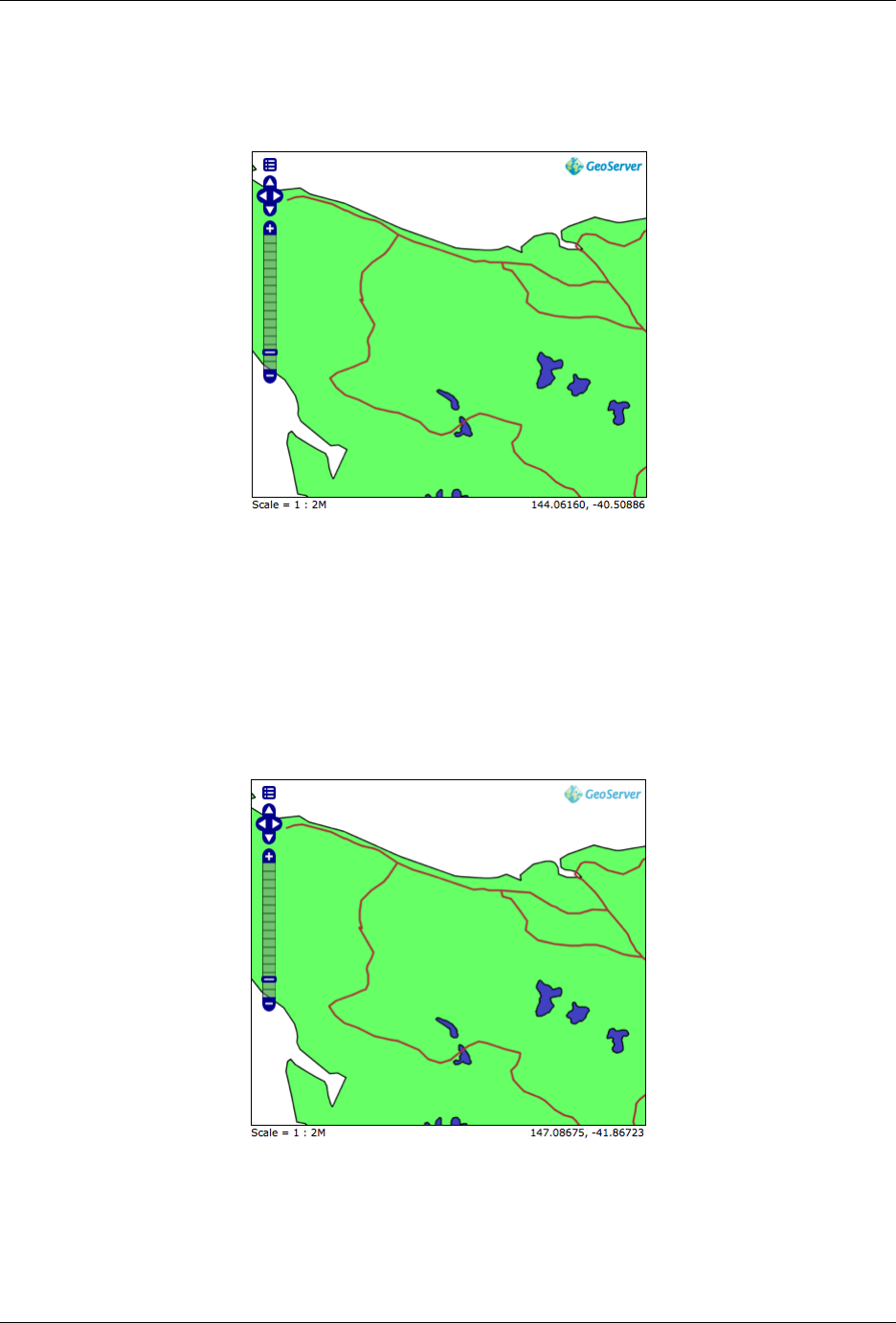
GeoServer User Manual, Release 2.15.1
Fig. 7.2: Single tile watermark (aligned top-right, transparency=0)
Fig. 7.3: Single tile watermark (aligned top-right, transparency=90)
1066 Chapter 7. Services
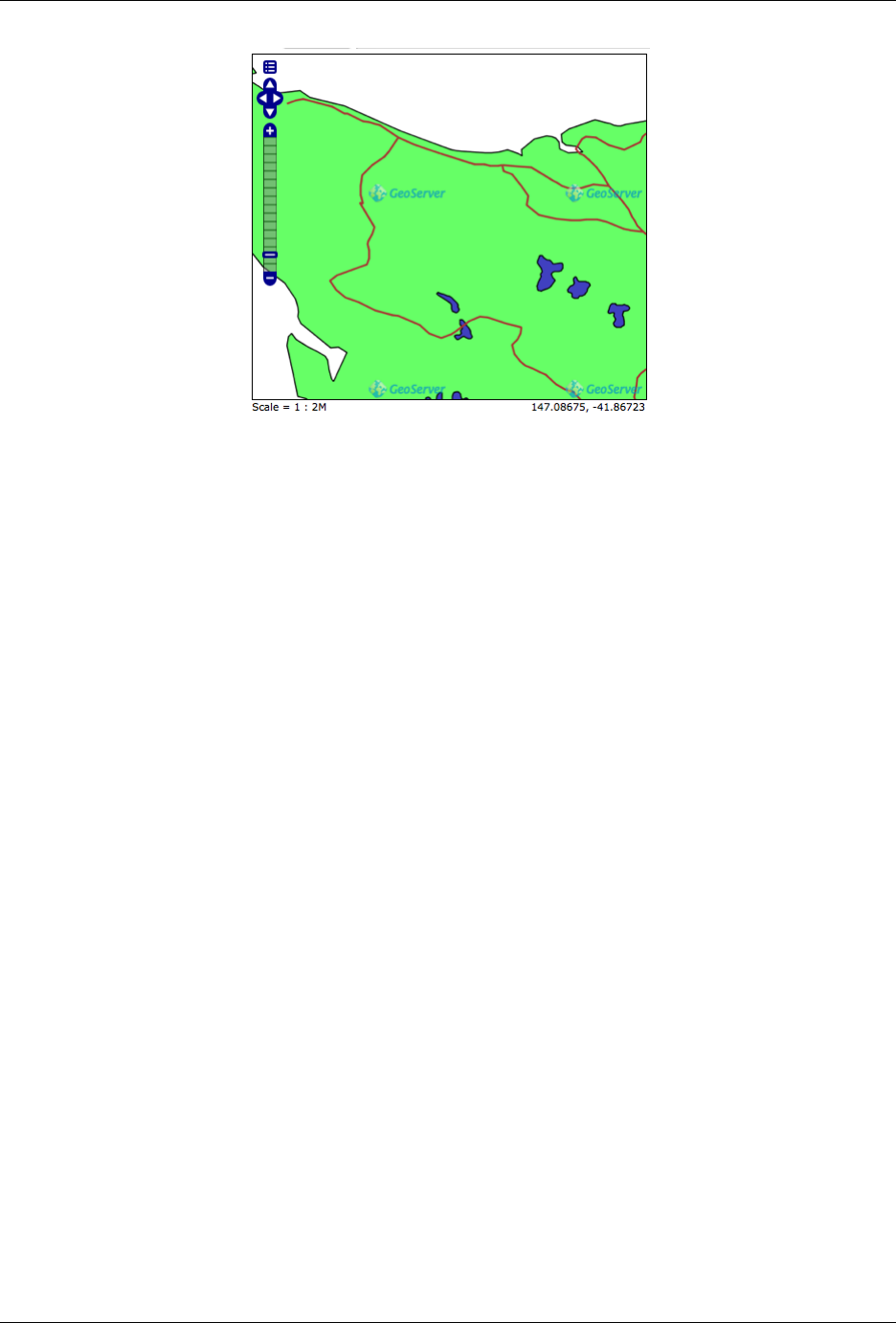
GeoServer User Manual, Release 2.15.1
Fig. 7.4: Tiled watermark (aligned top-right, transparency=90)
SVG Options
The GeoServer WMS supports SVG (Scalable Vector Graphics) as an output format. GeoServer currently
supports two SVG renderers, available from the SVG producer menu.
1. Simple—Simple SVG renderer. It has limited support for SLD styling, but is very fast.
2. Batik—Batik renderer (as it uses the Batik SVG Framework). It has full support for SLD styling, but is
slower.
Enable Anti-aliasing Anti-aliasing is a technique for making edges appear smoother by filling in the edges
of an object with pixels that are between the object’s color and the background color. Anti-aliasing creates
the illusion of smoother lines and smoother selections. Turning on anti-aliasing will generally make maps
look nicer, but will increase the size of the images, and will take longer to return. If you are overlaying the
anti-aliased map on top of others, beware of using transparencies as the anti-aliasing process mixes with
the colors behind and can create a “halo” effect.
Advanced projection handling and map wrapping
Advanced projection handling is a set of extra “smarts” applied while rendering that help getting a good
looking map despite the data touching or crossing “difficult areas” in selected map projection. This in-
cludes, among others:
• Cutting the geometries so that they fit within the area of mathematical stability of the projection math,
e.g., it will cut any bit at more than 45 degrees west and east from the central meridian of a transverse
Mercator projection, or beyond 85 degrees north or south in a Mercator projection
• Make sure both “ends” of the world get queried for data when a map in polar stereographic is hitting
an area that includes the dateline
Along with advanced projection handling there is the possibility of creating a continuous map across the
dateline, wrapping the data on the other side of the longitude range, to get a continuous map. This is called
continuous map wrapping, and it’s enabled in Mercator and Equirectangular (plate carrée) projections.
Both functionalities are rather useful, and enabled by default, but the tendency to generate multiple or-
ed bounding boxes (to query both sides of the dateline) can cause extreme slowness in certain databases
7.1. Web Map Service (WMS) 1067
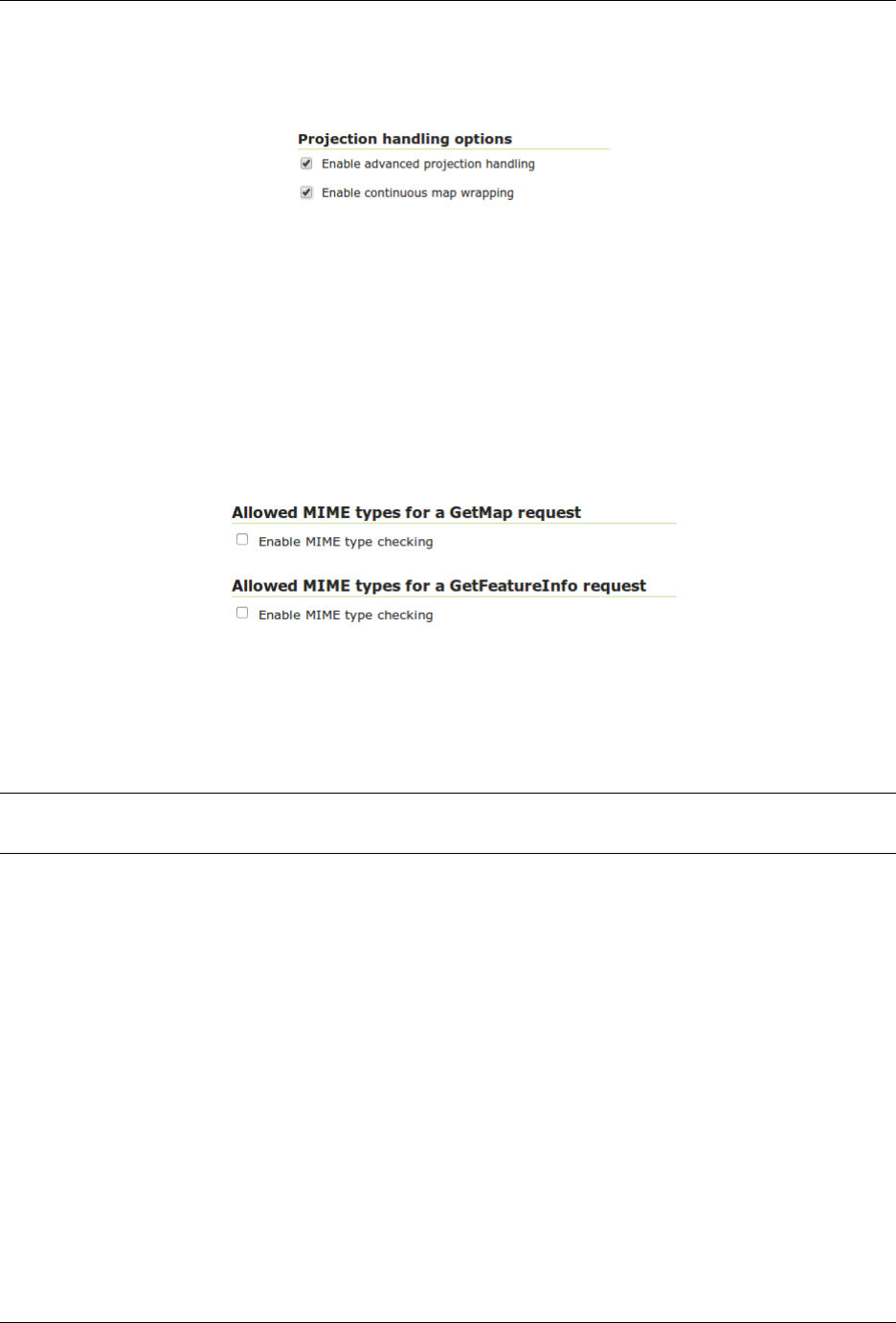
GeoServer User Manual, Release 2.15.1
(e.g. Oracle), and some users might simply not like the wrapping output, thus, it’s possible to disable both
functions in the WMS UI:
Continuous map wrapping is disabled if advanced projection handling is disabled.
Advanced projection handling can also be disabled using the advancedProjectionHandling Format
Option. Similarly, continuous map wrapping can also be disabled using the mapWrapping Format Option.
Restricting MIME types for GetMap and GetFeatureInfo requests
GeoServer supports restricting formats for WMS GetMap and WMS GetFeatureInfo requests. The default
is to allow all MIME types for both kinds of request.
The following figure shows an example for MIME type restriction. The MIME types image/png and
text/html;subtype=openlayers are allowed for GetMap requests, the MIME types text/html and text/plain
are allowed for GetFeatureInfo requests. A GetMap/GetFeatureInfo request with a MIME type not allowed
will result in a service exception reporting the error.
Note: Activating MIME type restriction and not allowing at least one MIME type disables the particular
request.
Disabling usage of dynamic styling in GetMap and GetFeatureInfo requests
Dynamic styles can be applied to layers in GetMap and GetFeatureInfo requests using the SLD or
SLD_BODY parameters for GET requests.
In addition, GetMap POST requests can contain inline style definition for layers.
The usage of dynamic styling can be restricted on a global or per virtual service basis using the Dynamic
styling section.
When the flag is checked, a GetMap/GetFeatureInfo request with a dynamic style will result in a service
exception reporting the error.
Disabling GetFeatureInfo requests results reprojection
By default GetFeatureInfo results are reproject to the map coordinate reference system. This behavior can
be deactivated on a global or per virtual service basis in the GetFeatureInfo results reprojection section.
1068 Chapter 7. Services
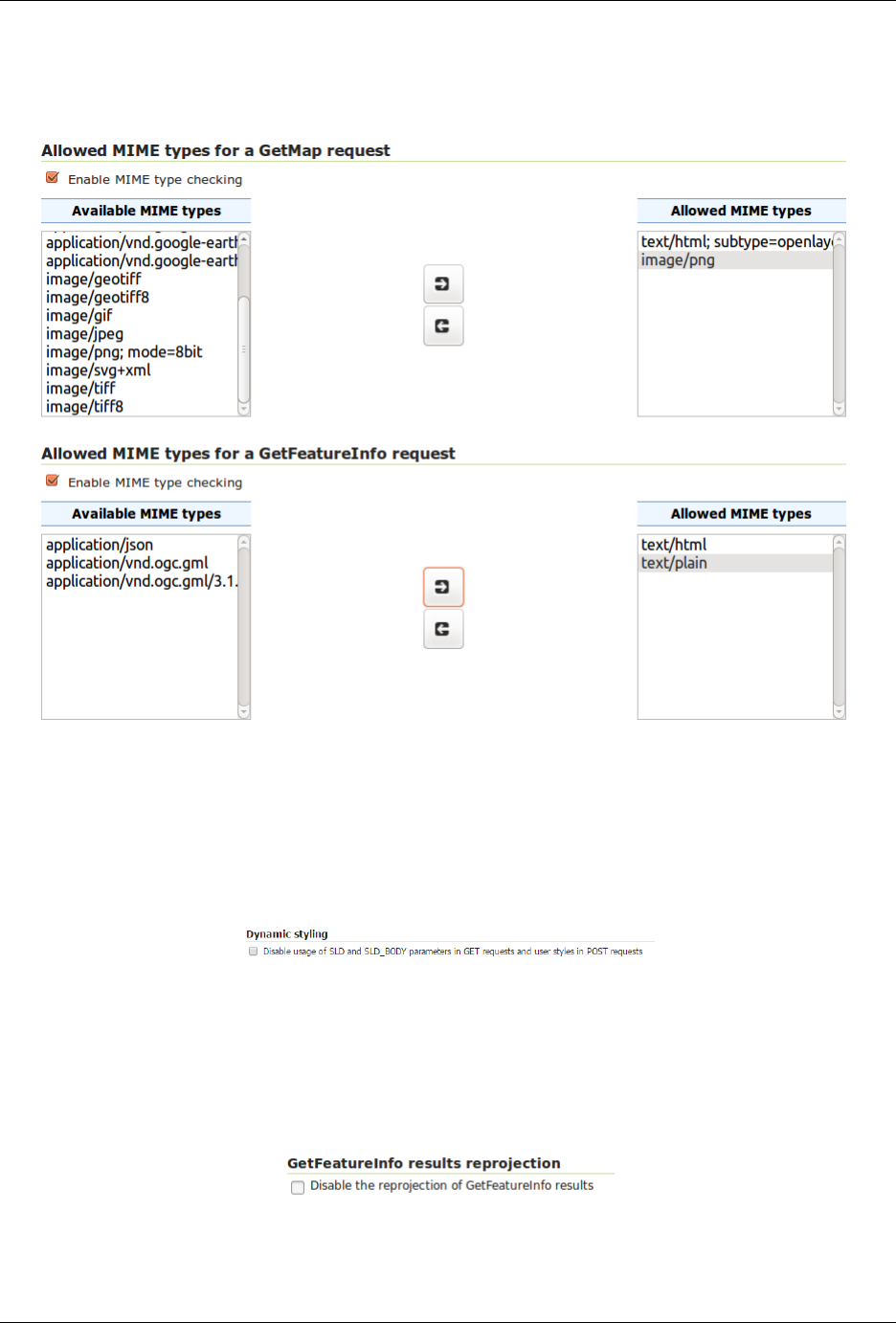
GeoServer User Manual, Release 2.15.1
7.1. Web Map Service (WMS) 1069

GeoServer User Manual, Release 2.15.1
When the flag is checked, GetFeatureInfo requests results will not be reprojected and will instead used the
layer coordinate reference system.
7.1.2 WMS basics
GeoServer provides support for Open Geospatial Consortium (OGC) Web Map Service (WMS) versions
1.1.1 and 1.3.0. This is the most widely used standard for generating maps on the web, and it is the primary
interface to request map products from GeoServer. Using WMS makes it possible for clients to overlay
maps from several different sources in a seamless way.
GeoServer’s WMS implementation fully supports the standard, and is certified compliant against the
OGC’s test suite. It includes a wide variety of rendering and labeling options, and is one of the fastest
WMS Servers for both raster and vector data.
GeoServer WMS supports reprojection to any coordinate reference system in the EPSG database. It is
possible to add additional coordinate systems if the Well Known Text definition is known. See Coordinate
Reference System Handling for details.
GeoServer fully supports the Styled Layer Descriptor (SLD) standard, and uses SLD files as its native
styling language. For more information on how to style data in GeoServer see the section Styling
Differences between WMS versions
The major differences between versions 1.1.1 and 1.3.0 are:
• In 1.1.1 geographic coordinate systems specified with the EPSG namespace are defined to have an axis
ordering of longitude/latitude. In 1.3.0 the ordering is latitude/longitude. See Axis Ordering below
for more details.
• In the GetMap operation the srs parameter is called crs in 1.3.0. GeoServer supports both keys
regardless of version.
• In the GetFeatureInfo operation the xand yparameters are called iand jin 1.3.0. GeoServer supports
both keys regardless of version, except when in CITE-compliance mode.
Axis Ordering
The WMS 1.3.0 specification mandates that the axis ordering for geographic coordinate systems defined in
the EPSG database be latitude/longitude, or y/x. This is contrary to the fact that most spatial data is usually
in longitude/latitude, or x/y. This requires that the coordinate order in the BBOX parameter be reversed for
SRS values which are geographic coordinate systems.
For example, consider the WMS 1.1 request using the WGS84 SRS (EPSG:4326):
geoserver/wms?VERSION=1.1.1&REQUEST=GetMap&SRS=epsg:4326&BBOX=-180,-90,180,90&...
The equivalent WMS 1.3.0 request is:
geoserver/wms?VERSION=1.3.0&REQUEST=GetMap&CRS=epsg:4326&BBOX=-90,-180,90,180&...
Note that the coordinates specified in the BBOX parameter are reversed.
1070 Chapter 7. Services
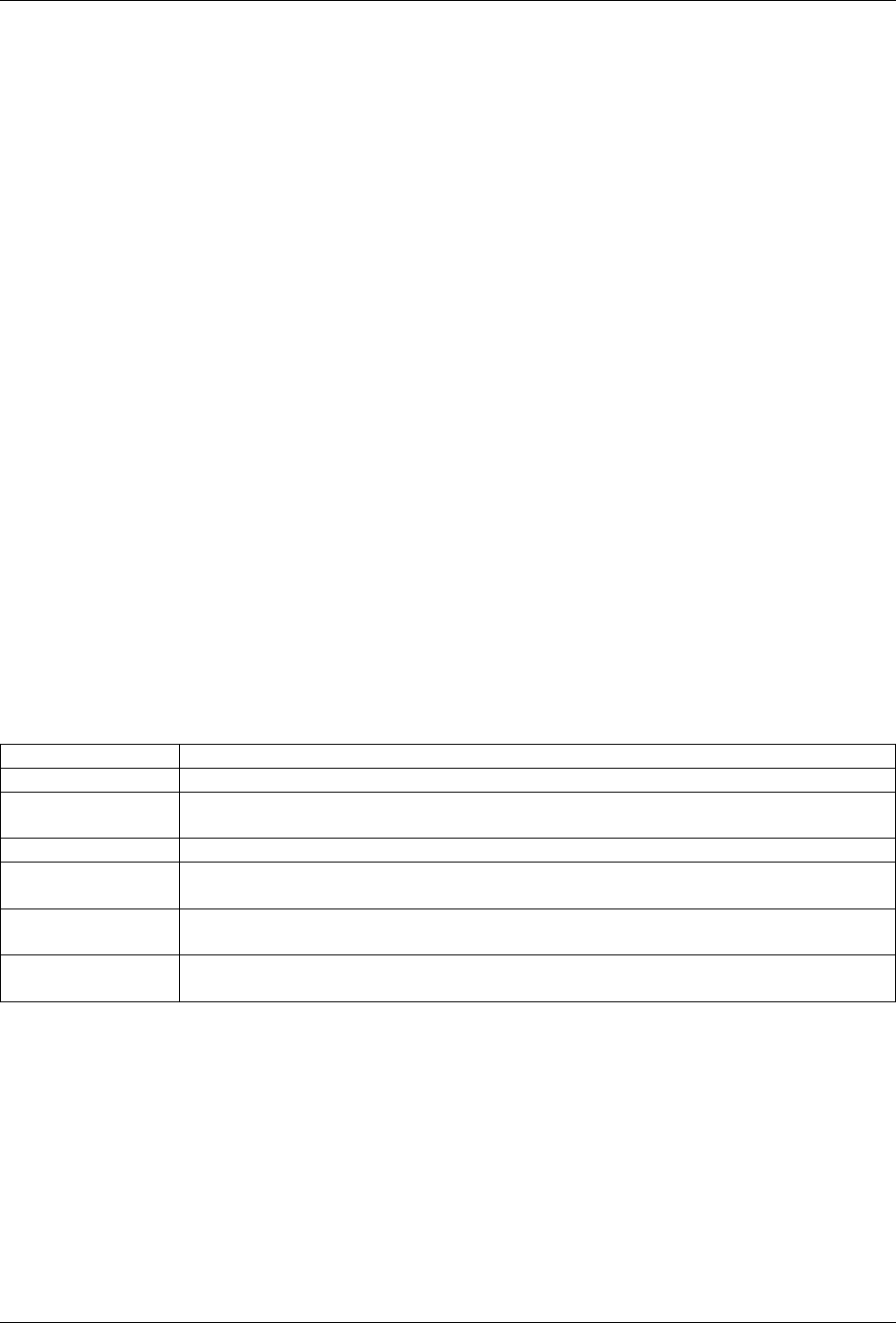
GeoServer User Manual, Release 2.15.1
7.1.3 WMS reference
Introduction
The OGC Web Map Service (WMS) specification defines an HTTP interface for requesting georeferenced
map images from a server. GeoServer supports WMS 1.1.1, the most widely used version of WMS, as well
as WMS 1.3.0.
The relevant OGC WMS specifications are:
•OGC Web Map Service Implementation Specification, Version 1.1.1
•OGC Web Map Service Implementation Specification, Version 1.3.0
GeoServer also supports some extensions to the WMS specification made by the Styled Layer Descriptor
(SLD) standard to control the styling of the map output. These are defined in:
•OpenGIS Styled Layer Descriptor Profile of the Web Map Service Implementation Specification, Ver-
sion 1.1.0
Benefits of WMS
WMS provides a standard interface for requesting a geospatial map image. The benefit of this is that WMS
clients can request images from multiple WMS servers, and then combine them into a single view for the
user. The standard guarantees that these images can all be overlaid on one another as they actually would
be in reality. Numerous servers and clients support WMS.
Operations
WMS requests can perform the following operations:
Operation Description
Exceptions If an exception occur
GetCapabilities Retrieves metadata about the service, including supported operations and param-
eters, and a list of the available layers
GetMap Retrieves a map image for a specified area and content
GetFeatureInfo
(optional)
Retrieves the underlying data, including geometry and attribute values, for a pixel
location on a map
DescribeLayer
(optional)
Indicates the WFS or WCS to retrieve additional information about the layer.
GetLegendGraphic
(optional)
Retrieves a generated legend for a map
Exceptions
Formats in which WMS can report exceptions. The supported values for exceptions are:
7.1. Web Map Service (WMS) 1071
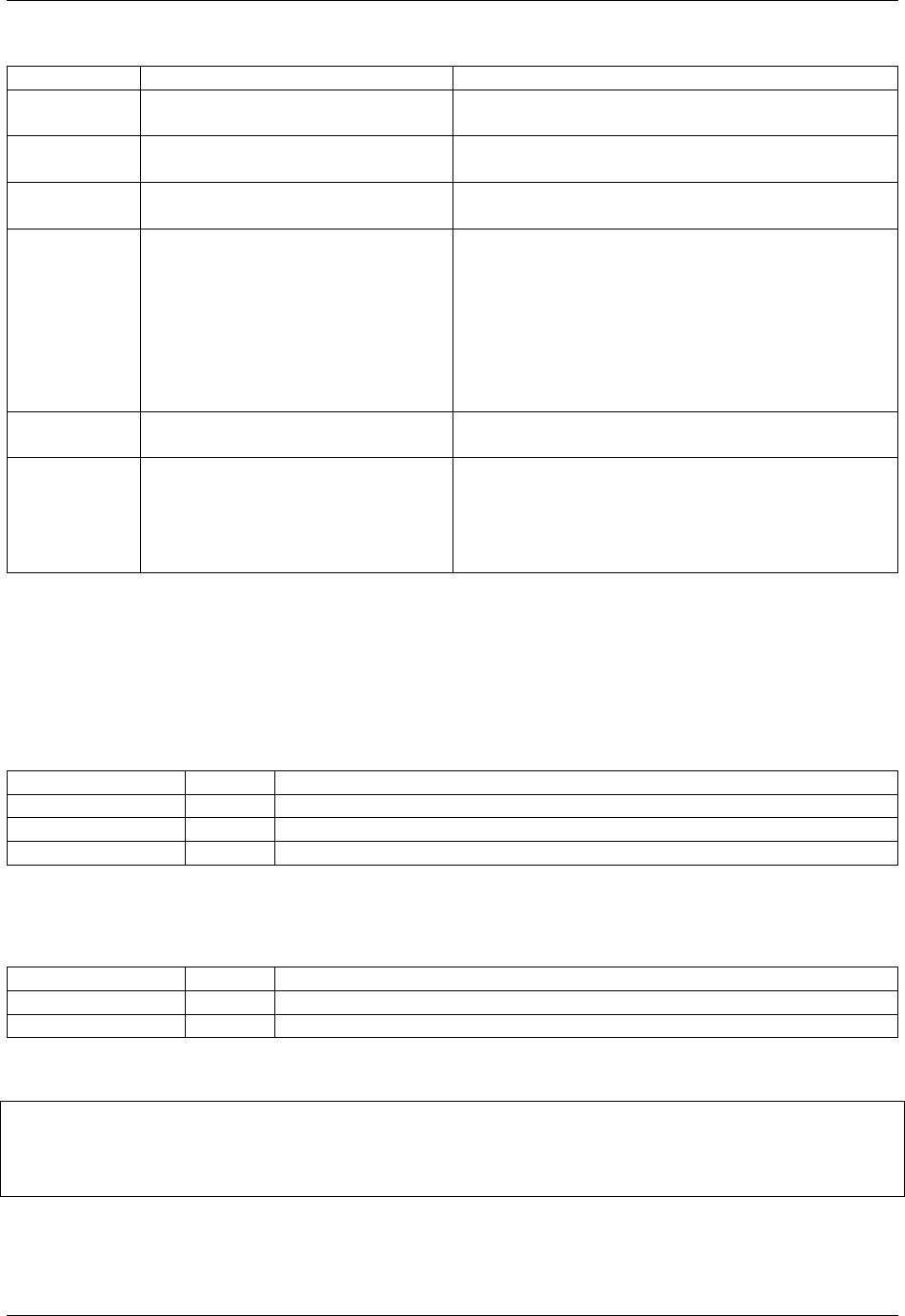
GeoServer User Manual, Release 2.15.1
Format Syntax Notes
XML EXCEPTIONS=application/
vnd.ogc.se_xml
Xml output. (The default format)
INIMAGE EXCEPTIONS=application/
vnd.ogc.se_inimage
Generates an image
BLANK EXCEPTIONS=application/
vnd.ogc.se_blank
Generates a blank image
PARTIALMAP EXCEPTIONS=application/
vnd.gs.wms_partial
This is a GeoServer vendor parameter and only ap-
plicable for getMap requests. Returns everything
that was rendered at the time the rendering pro-
cess threw an exception. Can be used with the
WMS Configuration Limits to return a partial image
even if the request is terminated for exceeding one
of these limits. It also works with the timeout
vendor parameter.
JSON EXCEPTIONS=application/
json
Simple Json representation.
JSONP EXCEPTIONS=text/
javascript
Return a JsonP in the form: paddingOut-
put(. . . jsonp. . . ). See WMS vendor parameters to
change the callback name. Note that this format
is disabled by default (See Global variables affecting
WMS).
GetCapabilities
The GetCapabilities operation requests metadata about the operations, services, and data (“capabilities”)
that are offered by a WMS server.
The parameters for the GetCapabilities operation are:
Parameter Required?Description
service Yes Service name. Value is WMS.
version Yes Service version. Value is one of 1.0.0,1.1.0,1.1.1,1.3.0.
request Yes Operation name. Value is GetCapabilities.
GeoServer provides the following vendor-specific parameters for the GetCapabilities operation. They are
fully documented in the WMS vendor parameters section.
Parameter Required?Description
namespace No limits response to layers in a given namespace
format No request the capabilities document in a certain format
A example GetCapabilities request is:
http://localhost:8080/geoserver/wms?
service=wms&
version=1.1.1&
request=GetCapabilities
There are three parameters being passed to the WMS server, service=wms,version=1.1.1, and
request=GetCapabilities. The service parameter tells the WMS server that a WMS request is forth-
coming. The version parameter refers to which version of WMS is being requested. The request pa-
1072 Chapter 7. Services
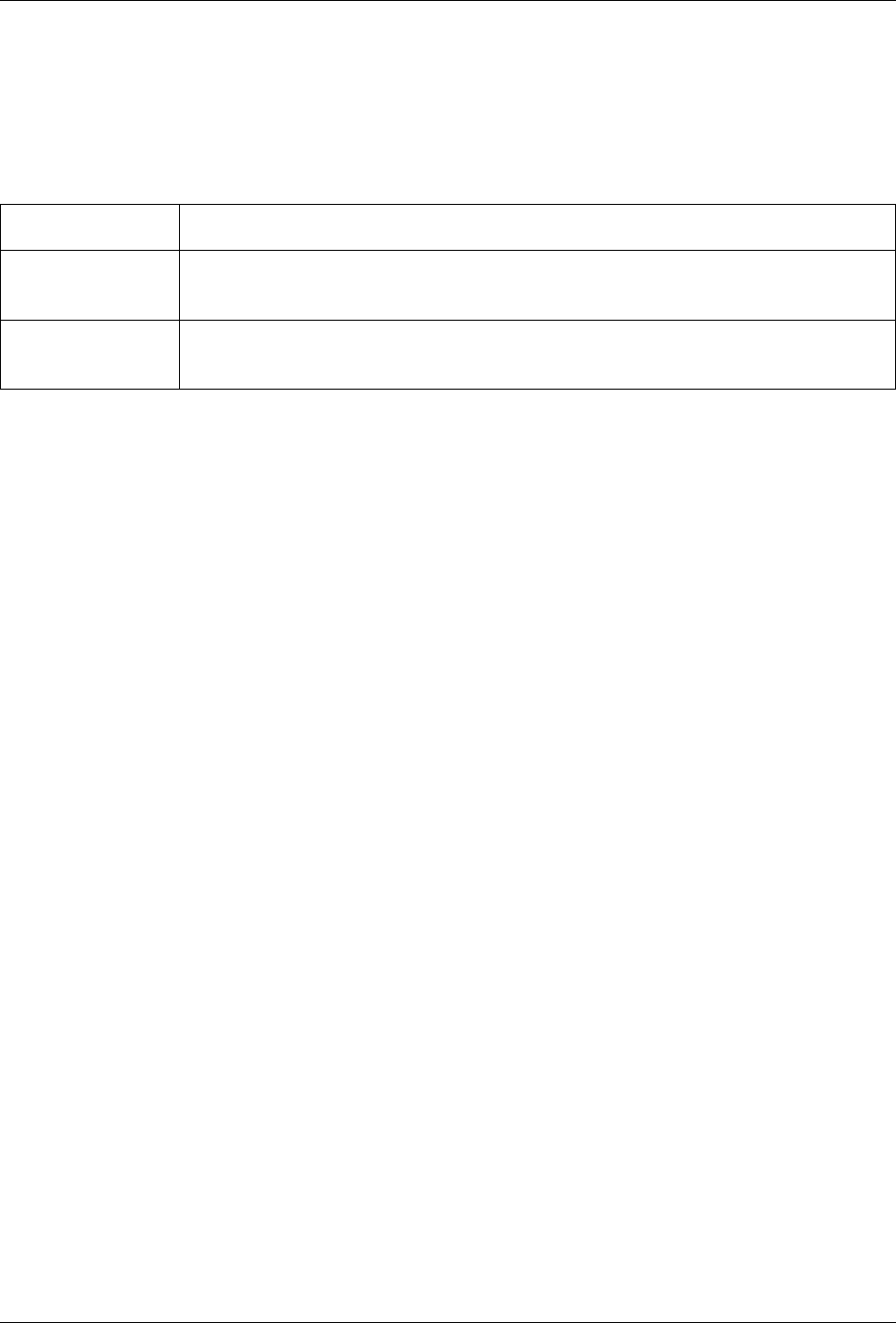
GeoServer User Manual, Release 2.15.1
rameter specifies the GetCapabilities operation. The WMS standard requires that requests always includes
these three parameters. GeoServer relaxes these requirements (by setting the default version if omitted),
but for standard-compliance they should always be specified.
The response is a Capabilities XML document that is a detailed description of the WMS service. It contains
three main sections:
Service Contains service metadata such as the service name, keywords, and contact infor-
mation for the organization operating the server.
Request Describes the operations the WMS service provides and the parameters and out-
put formats for each operation. If desired GeoServer can be configured to disable
support for certain WMS operations.
Layer Lists the available coordinate systems and layers. In GeoServer layers are named
in the form “namespace:layer”. Each layer provides service metadata such as title,
abstract and keywords.
GetMap
The GetMap operation requests that the server generate a map. The core parameters specify one or more
layers and styles to appear on the map, a bounding box for the map extent, a target spatial reference system,
and a width, height, and format for the output. The information needed to specify values for parameters
such as layers,styles and srs can be obtained from the Capabilities document.
The response is a map image, or other map output artifact, depending on the format requested. GeoServer
provides a wide variety of output formats, described in WMS output formats.
The standard parameters for the GetMap operation are:
7.1. Web Map Service (WMS) 1073
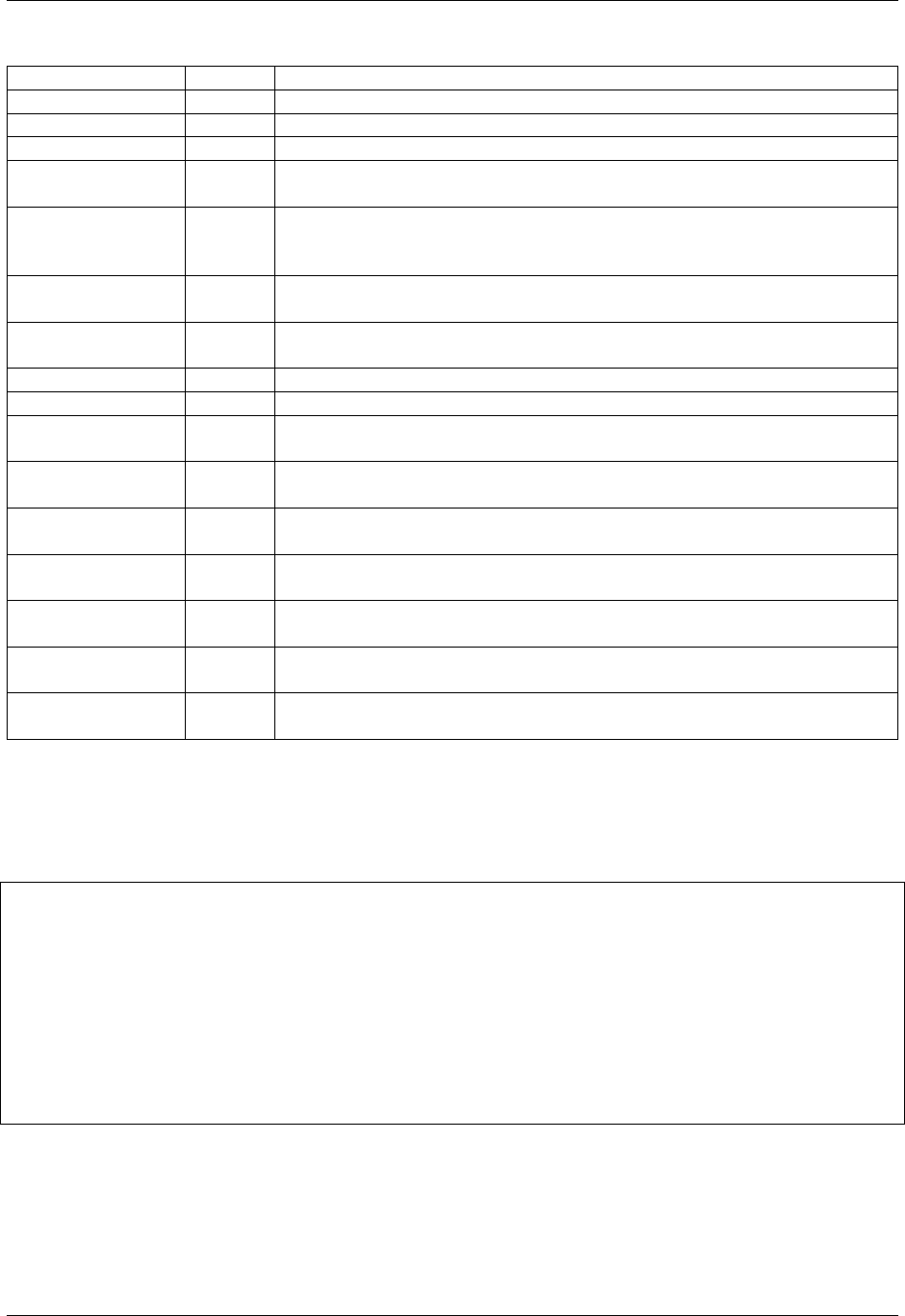
GeoServer User Manual, Release 2.15.1
Parameter Required?Description
service Yes Service name. Value is WMS.
version Yes Service version. Value is one of 1.0.0,1.1.0,1.1.1,1.3.0.
request Yes Operation name. Value is GetMap.
layers Yes Layers to display on map. Value is a comma-separated list of layer
names.
styles Yes Styles in which layers are to be rendered. Value is a comma-separated
list of style names, or empty if default styling is required. Style names
may be empty in the list, to use default layer styling.
srs or crs Yes Spatial Reference System for map output. Value is in form EPSG:nnn.
crs is the parameter key used in WMS 1.3.0.
bbox Yes Bounding box for map extent. Value is minx,miny,maxx,maxy in
units of the SRS.
width Yes Width of map output, in pixels.
height Yes Height of map output, in pixels.
format Yes Format for the map output. See WMS output formats for supported val-
ues.
transparent No Whether the map background should be transparent. Values are true
or false. Default is false
bgcolor No Background color for the map image. Value is in the form RRGGBB. De-
fault is FFFFFF (white).
exceptions No Format in which to report exceptions. Default value is application/
vnd.ogc.se_xml.
time No Time value or range for map data. See Time Support in GeoServer WMS
for more information.
sld No A URL referencing a StyledLayerDescriptor XML file which controls or
enhances map layers and styling
sld_body No A URL-encoded StyledLayerDescriptor XML document which controls or
enhances map layers and styling
GeoServer provides a number of useful vendor-specific parameters for the GetMap operation. These are
documented in the WMS vendor parameters section.
Example WMS request for topp:states layer to be output as a PNG map image in SRS EPGS:4326 and
using default styling is:
http://localhost:8080/geoserver/wms?
request=GetMap
&service=WMS
&version=1.1.1
&layers=topp%3Astates
&styles=population
&srs=EPSG%3A4326
&bbox=-145.15104058007,21.731919794922,-57.154894212888,58.961058642578&
&width=780
&height=330
&format=image%2Fpng
The standard specifies many of the parameters as being mandatory, GeoServer provides the WMS Reflector
to allow many of them to be optionally specified.
Experimenting with this feature is a good way to get to know the GetMap parameters.
Example WMS request using a GetMap XML document is:
1074 Chapter 7. Services

GeoServer User Manual, Release 2.15.1
<?xml version="1.0" encoding="UTF-8"?>
<ogc:GetMap xmlns:ogc="http://www.opengis.net/ows"
xmlns:gml="http://www.opengis.net/gml"
version="1.1.1" service="WMS">
<StyledLayerDescriptor version="1.0.0">
<NamedLayer>
<Name>topp:states</Name>
<NamedStyle><Name>population</Name></NamedStyle>
</NamedLayer>
</StyledLayerDescriptor>
<BoundingBox srsName="http://www.opengis.net/gml/srs/epsg.xml#4326">
<gml:coord><gml:X>-130</gml:X><gml:Y>24</gml:Y></gml:coord>
<gml:coord><gml:X>-55</gml:X><gml:Y>50</gml:Y></gml:coord>
</BoundingBox>
<Output>
<Format>image/png</Format>
<Size><Width>550</Width><Height>250</Height></Size>
</Output>
</ogc:GetMap>
Time
As of GeoServer 2.2.0, GeoServer supports a TIME attribute for WMS GetMap requests as described in
version 1.3.0 of the WMS specification. This parameter allows filtering a dataset by temporal slices as well
as spatial tiles for rendering. See Time Support in GeoServer WMS for information on its use.
GetFeatureInfo
The GetFeatureInfo operation requests the spatial and attribute data for the features at a given location
on a map. It is similar to the WFS GetFeature operation, but less flexible in both input and output. Since
GeoServer provides a WFS service we recommend using it instead of GetFeatureInfo whenever possi-
ble.
The one advantage of GetFeatureInfo is that the request uses an (x,y) pixel value from a returned WMS
image. This is easier to use for a naive client that is not able to perform true geographic referencing.
The standard parameters for the GetFeatureInfo operation are:
7.1. Web Map Service (WMS) 1075
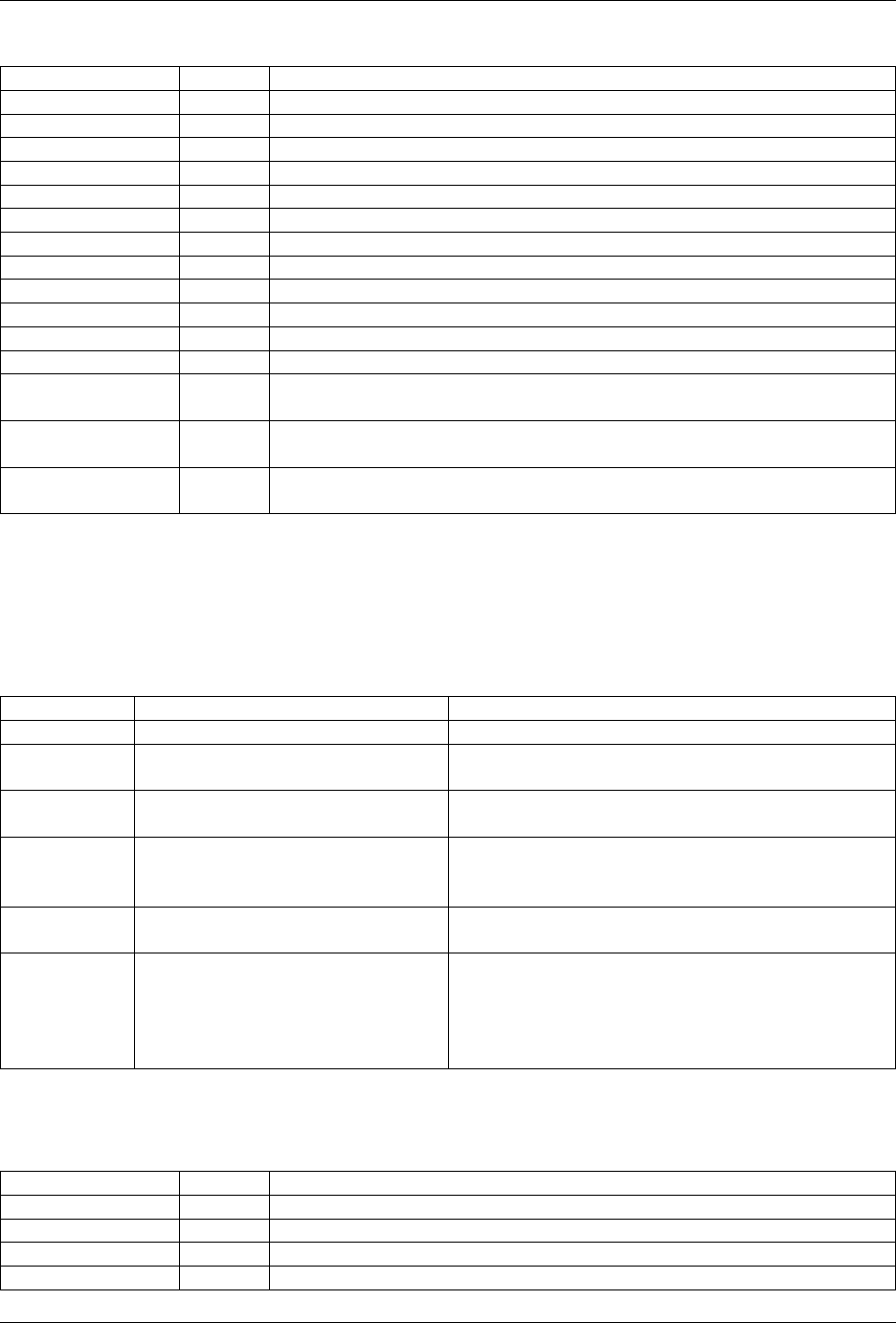
GeoServer User Manual, Release 2.15.1
Parameter Required?Description
service Yes Service name. Value is WMS.
version Yes Service version. Value is one of 1.0.0,1.1.0,1.1.1,1.3.0.
request Yes Operation name. Value is GetFeatureInfo.
layers Yes See GetMap
styles Yes See GetMap
srs or crs Yes See GetMap
bbox Yes See GetMap
width Yes See GetMap
height Yes See GetMap
query_layers Yes Comma-separated list of one or more layers to query.
info_format No Format for the feature information response. See below for values.
feature_count No Maximum number of features to return. Default is 1.
xor iYes X ordinate of query point on map, in pixels. 0 is left side. iis the pa-
rameter key used in WMS 1.3.0.
yor jYes Y ordinate of query point on map, in pixels. 0 is the top. jis the param-
eter key used in WMS 1.3.0.
exceptions No Format in which to report exceptions. The default value is
application/vnd.ogc.se_xml.
Note: If you are sending a GetFeatureInfo request against a layergroup, all the layers in that layergroup
must be set as “Queryable” to get a result (See WMS Settings on Layers page)
GeoServer supports a number of output formats for the GetFeatureInfo response. Server-styled HTML
is the most commonly-used format. For maximum control and customisation the client should use GML3
and style the raw data itself. The supported formats are:
Format Syntax Notes
TEXT info_format=text/plain Simple text output. (The default format)
GML 2 info_format=application/
vnd.ogc.gml
Works only for Simple Features (see Complex Fea-
tures)
GML 3 info_format=application/
vnd.ogc.gml/3.1.1
Works for both Simple and Complex Features (see
Complex Features)
HTML info_format=text/html Uses HTML templates that are defined on the
server. See GetFeatureInfo Templates for information
on how to template HTML output.
JSON info_format=application/
json
Simple Json representation.
JSONP info_format=text/
javascript
Returns a JsonP in the form: parseResponse(.
..json...). See WMS vendor parameters to
change the callback name. Note that this format
is disabled by default (See Global variables affecting
WMS).
GeoServer provides the following vendor-specific parameters for the GetFeatureInfo operation. They are
fully documented in the WMS vendor parameters section.
Parameter Required?Description
buffer No width of search radius around query point.
cql_filter No Filter for returned data, in ECQL format
filter No Filter for returned data, in OGC Filter format
propertyName No Feature properties to be returned
1076 Chapter 7. Services
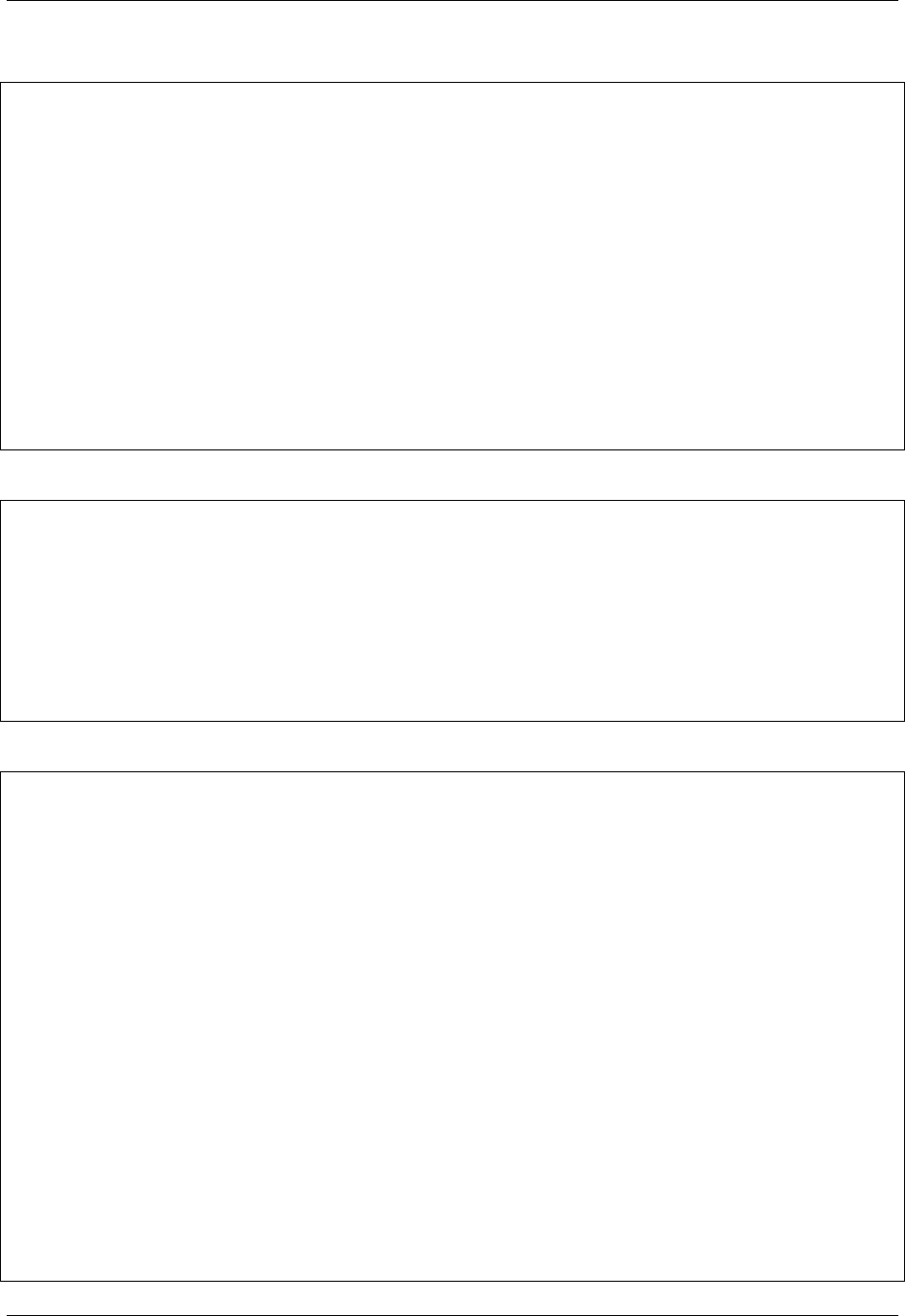
GeoServer User Manual, Release 2.15.1
An example request for feature information from the topp:states layer in HTML format is:
http://localhost:8080/geoserver/wms?
request=GetFeatureInfo
&service=WMS
&version=1.1.1
&layers=topp%3Astates
&styles=
&srs=EPSG%3A4326
&format=image%2Fpng
&bbox=-145.151041%2C21.73192%2C-57.154894%2C58.961059
&width=780
&height=330
&query_layers=topp%3Astates
&info_format=text%2Fhtml
&feature_count=50
&x=353
&y=145
&exceptions=application%2Fvnd.ogc.se_xml
An example request for feature information in GeoJSON format is:
http://localhost:8080/geoserver/wms?
&INFO_FORMAT=application/json
&REQUEST=GetFeatureInfo
&EXCEPTIONS=application/vnd.ogc.se_xml
&SERVICE=WMS
&VERSION=1.1.1
&WIDTH=970&HEIGHT=485&X=486&Y=165&BBOX=-180,-90,180,90
&LAYERS=COUNTRYPROFILES:grp_administrative_map
&QUERY_LAYERS=COUNTRYPROFILES:grp_administrative_map
&TYPENAME=COUNTRYPROFILES:grp_administrative_map
The result will be:
{
"type":"FeatureCollection",
"features":[
{
"type":"Feature",
"id":"dt_gaul_geom.fid-138e3070879",
"geometry":{
"type":"MultiPolygon",
"coordinates":[
[
[
[
XXXXXXXXXX,
XXXXXXXXXX
],
...
[
XXXXXXXXXX,
XXXXXXXXXX
]
]
]
]
},
7.1. Web Map Service (WMS) 1077
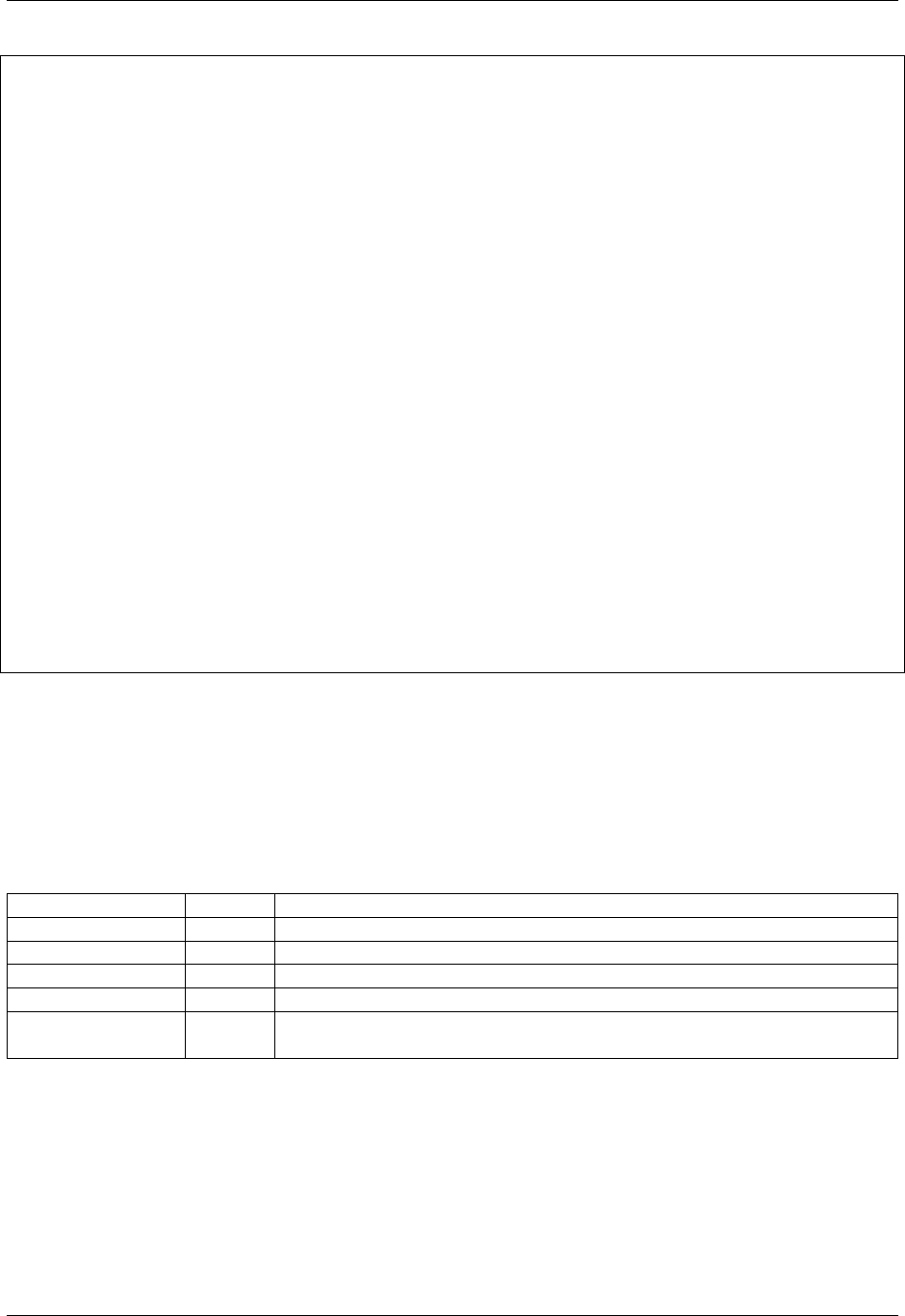
GeoServer User Manual, Release 2.15.1
"geometry_name":"at_geom",
"properties":{
"bk_gaul":X,
"at_admlevel":0,
"at_iso3":"XXX",
"ia_name":"XXXX",
"at_gaul_l0":X,
"bbox":[
XXXX,
XXXX,
XXXX,
XXXX
]
}
}
],
"crs":{
"type":"EPSG",
"properties":{
"code":"4326"
}
},
"bbox":[
XXXX,
XXXX,
XXXX,
XXXX
]
}
DescribeLayer
The DescribeLayer operation is used primarily by clients that understand SLD-based WMS. In order to
make an SLD one needs to know the structure of the data. WMS and WFS both have operations to do this,
so the DescribeLayer operation just routes the client to the appropriate service.
The standard parameters for the DescribeLayer operation are:
Parameter Required?Description
service Yes Service name. Value is WMS.
version Yes Service version. Value is 1.1.1.
request Yes Operation name. Value is DescribeLayer.
layers Yes See GetMap
exceptions No Format in which to report exceptions. The default value is
application/vnd.ogc.se_xml.
GeoServer supports a number of output formats for the DescribeLayer response. Server-styled HTML
is the most commonly-used format. The supported formats are:
1078 Chapter 7. Services
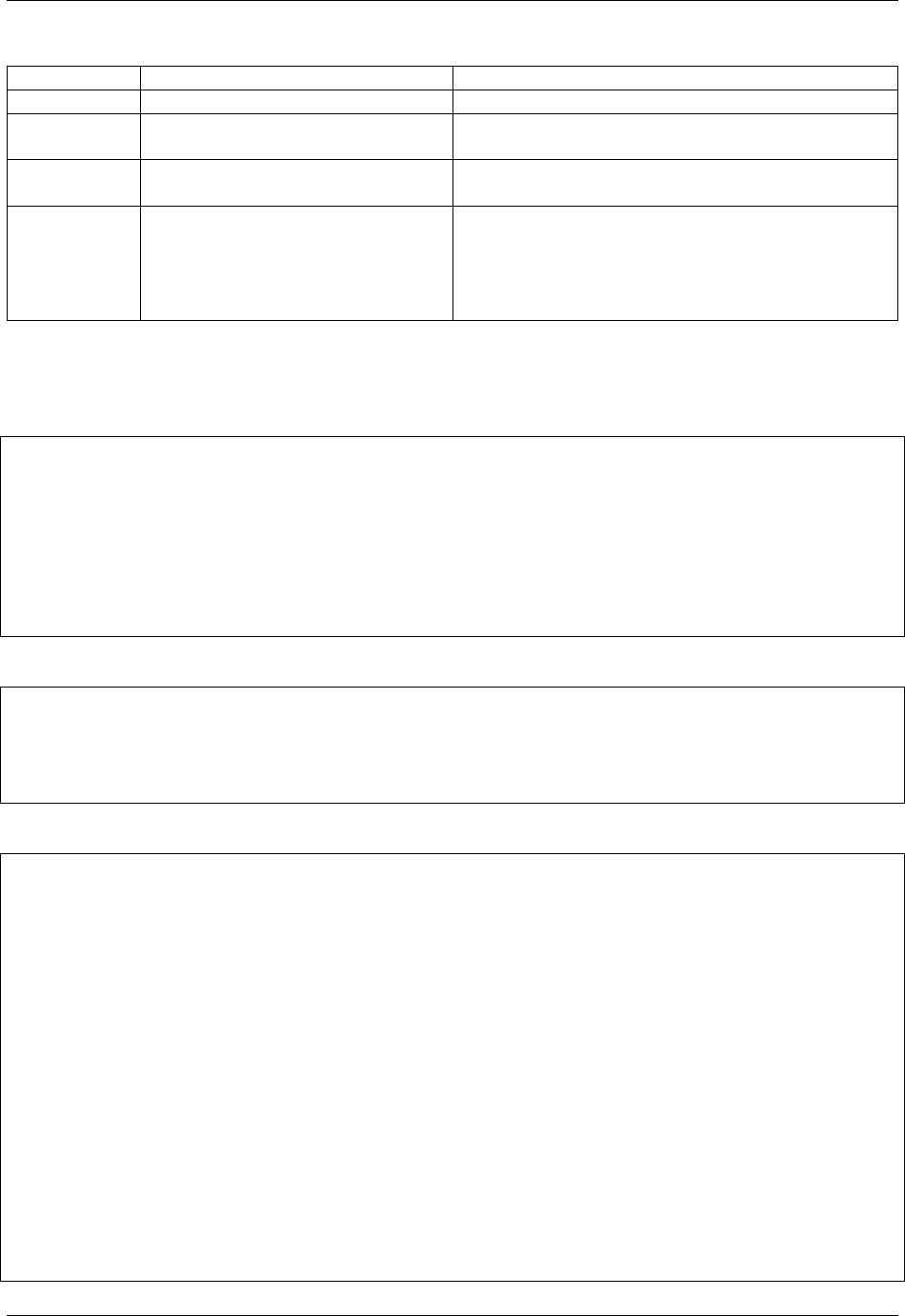
GeoServer User Manual, Release 2.15.1
Format Syntax Notes
TEXT output_format=text/xml Same as default.
GML 2 output_format=application/
vnd.ogc.wms_xml
The default format.
JSON output_format=application/
json
Simple Json representation.
JSONP output_format=text/
javascript
Return a JsonP in the form: paddingOut-
put(. . . jsonp. . . ). See WMS vendor parameters to
change the callback name. Note that this format
is disabled by default (See Global variables affecting
WMS).
An example request in XML (default) format on a layer is: :
http://localhost:8080/geoserver/topp/wms?service=WMS &version=1.1.1 &re-
quest=DescribeLayer &layers=topp:coverage
<?xml version="1.0" encoding="UTF-8"?>
<!DOCTYPE WMS_DescribeLayerResponse SYSTEM "http://localhost:8080/geoserver/schemas/
,→wms/1.1.1/WMS_DescribeLayerResponse.dtd">
<WMS_DescribeLayerResponse version="1.1.1">
<LayerDescription name="topp:coverage" owsURL="http://localhost:8080/geoserver/
,→topp/wcs?" owsType="WCS">
<Query typeName="topp:coverage"/>
</LayerDescription>
</WMS_DescribeLayerResponse>
An example request for feature description in JSON format on a layer group is:
http://localhost:8080/geoserver/wms?service=WMS
&version=1.1.1
&request=DescribeLayer
&layers=sf:roads,topp:tasmania_roads,nurc:mosaic
&outputFormat=application/json
The result will be:
{
version: "1.1.1",
layerDescriptions: [
{
layerName: "sf:roads",
owsURL: "http://localhost:8080/geoserver/wfs/WfsDispatcher?",
owsType: "WFS",
typeName: "sf:roads"
},
{
layerName: "topp:tasmania_roads",
owsURL: "http://localhost:8080/geoserver/wfs/WfsDispatcher?",
owsType: "WFS",
typeName: "topp:tasmania_roads"
},
{
layerName: "nurc:mosaic",
owsURL: "http://localhost:8080/geoserver/wcs?",
owsType: "WCS",
typeName: "nurc:mosaic"
7.1. Web Map Service (WMS) 1079
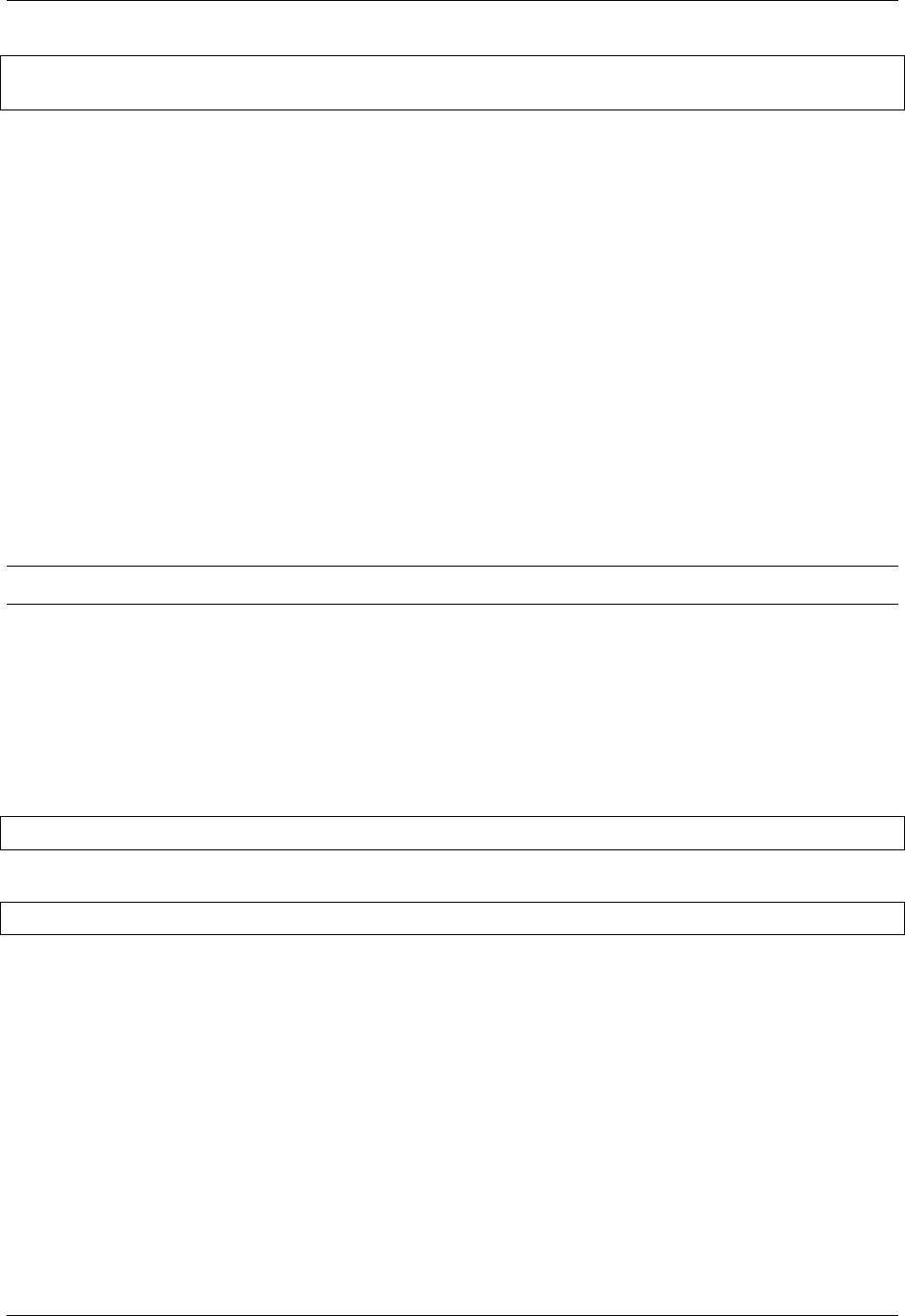
GeoServer User Manual, Release 2.15.1
}
]
GetLegendGraphic
The GetLegendGraphic operation provides a mechanism for generating legend graphics as images, beyond
the LegendURL reference of WMS Capabilities. It generates a legend based on the style defined on the
server, or alternatively based on a user-supplied SLD. For more information on this operation and the
various options that GeoServer supports see GetLegendGraphic.
7.1.4 Time Support in GeoServer WMS
GeoServer supports a TIME attribute in GetMap requests for layers that are properly configured with a time
dimension. This is used to specify a temporal subset for rendering.
For example, you might have a single dataset with weather observations collected over time and choose to
plot a single day’s worth of observations.
The attribute to be used in TIME requests can be set up through the GeoServer web interface by navigating
to Layers -> [specific layer] -> Dimensions tab.
Note: Read more about how to use the web interface to configure an attribute for TIME requests.
Specifying a time
The format used for specifying a time in the WMS TIME parameter is based on ISO-8601. Times may be
specified up to a precision of 1 millisecond; GeoServer does not represent time queries with more precision
than this.
The parameter is:
TIME=<timestring>
Times follow the general format:
yyyy-MM-ddThh:mm:ss.SSSZ
where:
•yyyy: 4-digit year
•MM: 2-digit month
•dd: 2-digit day
•hh: 2-digit hour
•mm: 2-digit minute
•ss: 2-digit second
•SSS: 3-digit millisecond
1080 Chapter 7. Services
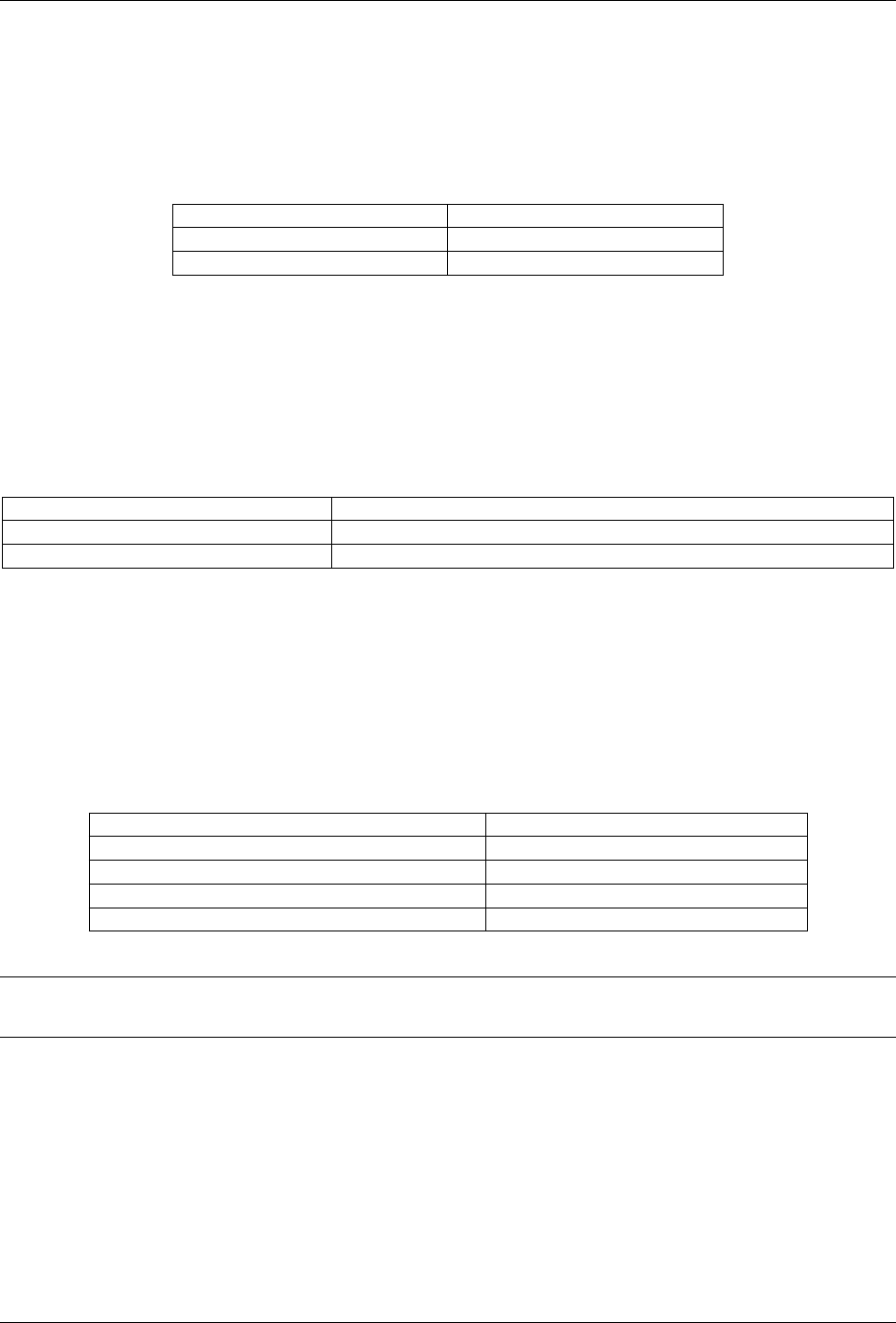
GeoServer User Manual, Release 2.15.1
The day and intraday values are separated with a capital T, and the entire thing is suffixed with a Z, indi-
cating UTC for the time zone. (The WMS specification does not provide for other time zones.)
GeoServer will apply the TIME value to all temporally enabled layers in the LAYERS parameter of the
GetMap request. Layers without a temporal component will be served normally, allowing clients to include
reference information like political boundaries along with temporal data.
Description Time specification
December 12, 2001 at 6:00 PM 2001-12-12T18:00:00.0Z
May 5, 1993 at 11:34 PM 1993-05-05T11:34:00.0Z
Specifying an absolute interval
A client may request information over a continuous interval instead of a single instant by specifying a start
and end time, separated by a /character.
In this scenario the start and end are inclusive; that is, samples from exactly the endpoints of the specified
range will be included in the rendered tile.
Description Time specification
The month of September 2002 2002-09-01T00:00:00.0Z/2002-09-30T23:59:59.999Z
The entire day of December 25, 2010 2010-12-25T00:00:00.0Z/2010-12-25T23:59:59.999Z
Specifying a relative interval
A client may request information over a relative time interval instead of a set time range by specifying a
start or end time with an associated duration, separated by a /character.
One end of the interval must be a time value, but the other may be a duration value as defined by the ISO
8601 standard. The special keyword PRESENT may be used to specify a time relative to the present server
time.
Description Time specification
The month of September 2002 2002-09-01T00:00:00.0Z/P1M
The entire day of December 25, 2010 2010-12-25T00:00:00.0Z/P1D
The entire day preceding December 25, 2010 P1D/2010-12-25T00:00:00.0Z
36 hours preceding the current time PT36H/PRESENT
Note: The final example could be paired with the KML service to provide a Google Earth network link
which is always updated with the last 36 hours of data.
Reduced accuracy times
The WMS specification also allows time specifications to be truncated by omitting some of the time string.
In this case, GeoServer treats the time as a range whose length is equal to the most precise unit specified in the
time string.
For example, if the time specification omits all fields except year, it identifies a range one year long starting
at the beginning of that year.
7.1. Web Map Service (WMS) 1081

GeoServer User Manual, Release 2.15.1
Note: GeoServer implements this by adding the appropriate unit, then subtracting 1 millisecond. This
avoids surprising results when using an interval that aligns with the actual sampling frequency of the data
- for example, if yearly data is natively stored with dates like 2001-01-01T00:00:00.0Z, 2002-01-01T00:00:00Z,
etc. then a request for 2001 would include the samples for both 2001 and 2002, which wouldn’t be desired.
Description Reduced Accuracy
Time
Equivalent Range
The month of September
2002
2002-09 2002-09-01T00:00:00.0Z/
2002-09-30T23:59:59.999Z
The day of December 25,
2010
2010-12-25 2010-12-25T00:00:00.0Z/
2010-12-25T23:59:59.999Z
Reduced accuracy times with ranges
Reduced accuracy times are also allowed when specifying ranges. In this case, GeoServer effectively ex-
pands the start and end times as described above, and then includes any samples from after the beginning
of the start interval and before the end of the end interval.
Note: Again, the ranges are inclusive.
Description Reduced Accuracy
Time
Equivalent Range
The months of September
through December 2002
2002-09/2002-12 2002-09-01T00:00:00.0Z/
2002-12-31T23:59:59.999Z
12PM through 6PM, December
25, 2010
2010-12-25T12/
2010-12-25T18
2010-12-25T12:00:00.0Z/
2010-12-25T18:59:59.999Z
Note: In the last example, note that the result may not be intuitive, as it includes all times from 6PM to
6:59PM.
Specifying a list of times
GooServer can also accept a list of discrete time values. This is useful for some applications such as anima-
tions, where one time is equal to one frame.
The elements of a list are separated by commas.
Note: GeoServer currently does not support lists of ranges, so all list queries effectively have a resolu-
tion of 1 millisecond. If you use reduced accuracy notation when specifying a range, each range will be
automatically converted to the instant at the beginning of the range.
If the list is evenly spaced (for example, daily or hourly samples) then the list may be specified as a range,
using a start time, end time, and period separated by slashes.
1082 Chapter 7. Services
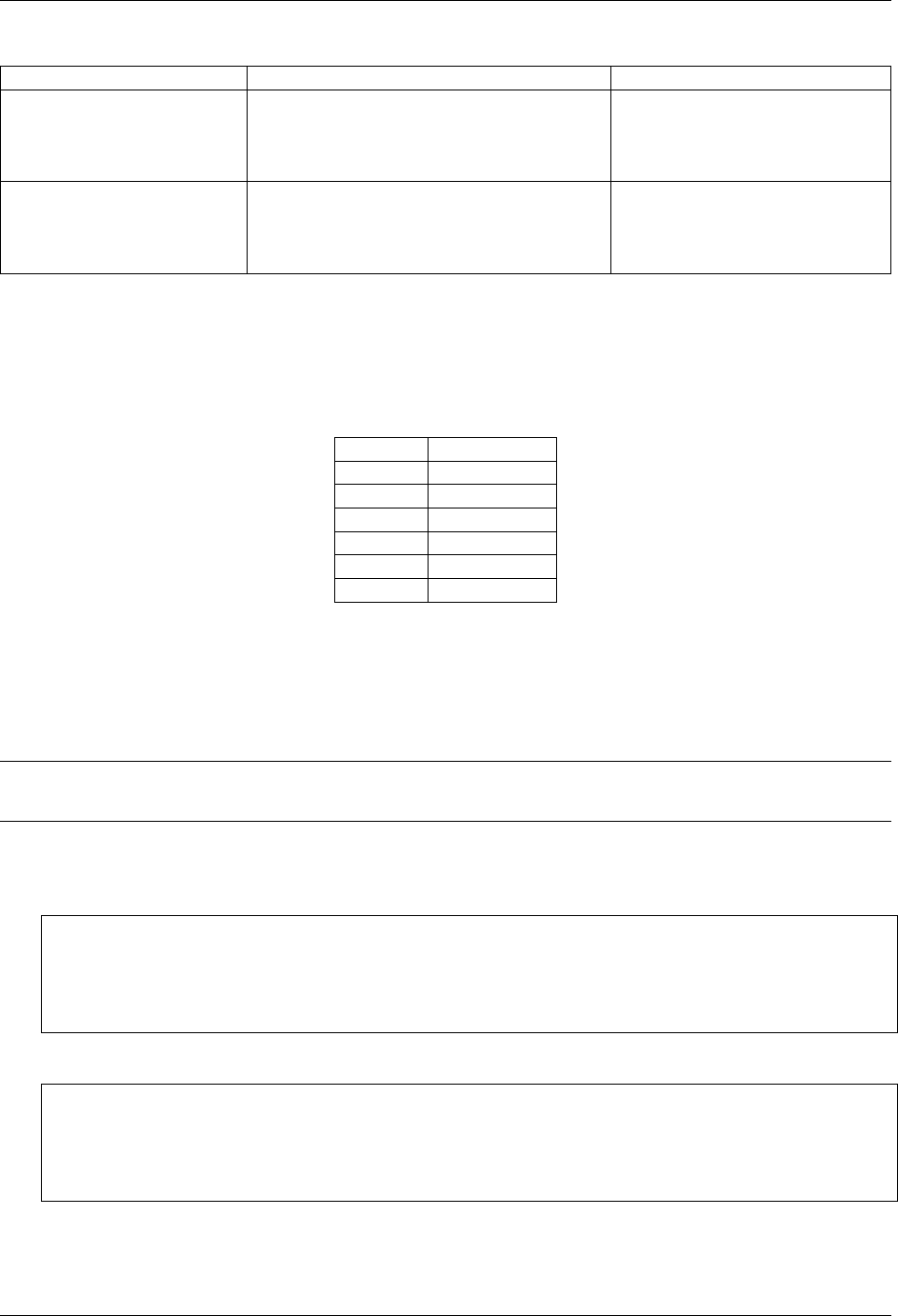
GeoServer User Manual, Release 2.15.1
Description List notation Equivalent range notation
Noon every day for Au-
gust 12-14, 2012
TIME=2012-08-12T12:00:00.
0Z,2012-08-13T12:00:00.0Z,
2012-08-14T12:00:00.0Z
TIME=2012-08-12T12:00:00.
0Z/
2012-08-18:T12:00:00.
0Z/P1D
Midnight on the first of
September, October, and
November 1999
TIME=1999-09-01T00:00:00.
0Z,1999-10-01T00:00:00.0Z,
1999-11-01T00:00:00.0Z
TIME=1999-09-01T00:00:00.
0Z/
1999-11-01T00:00:00.
0Z/P1M
Specifying a periodicity
The periodicity is also specified in ISO-8601 format: a capital P followed by one or more interval lengths,
each consisting of a number and a letter identifying a time unit:
Unit Abbreviation
Years Y
Months M
Days D
Hours H
Minutes M
Seconds S
The Year/Month/Day group of values must be separated from the Hours/Minutes/Seconds group by a T
character. The T itself may be omitted if hours, minutes, and seconds are all omitted. Additionally, fields
which contain a 0 may be omitted entirely.
Fractional values are permitted, but only for the most specific value that is included.
Note: The period must divide evenly into the interval defined by the start/end times. So if the start/end
times denote 12 hours, a period of 1 hour would be allowed, but a period of 5 hours would not.
For example, the multiple representations listed below are all equivalent.
• One hour:
P0Y0M0DT1H0M0S
PT1H0M0S
PT1H
• 90 minutes:
P0Y0M0DT1H30M0S
PT1H30M
P90M
• 18 months:
7.1. Web Map Service (WMS) 1083
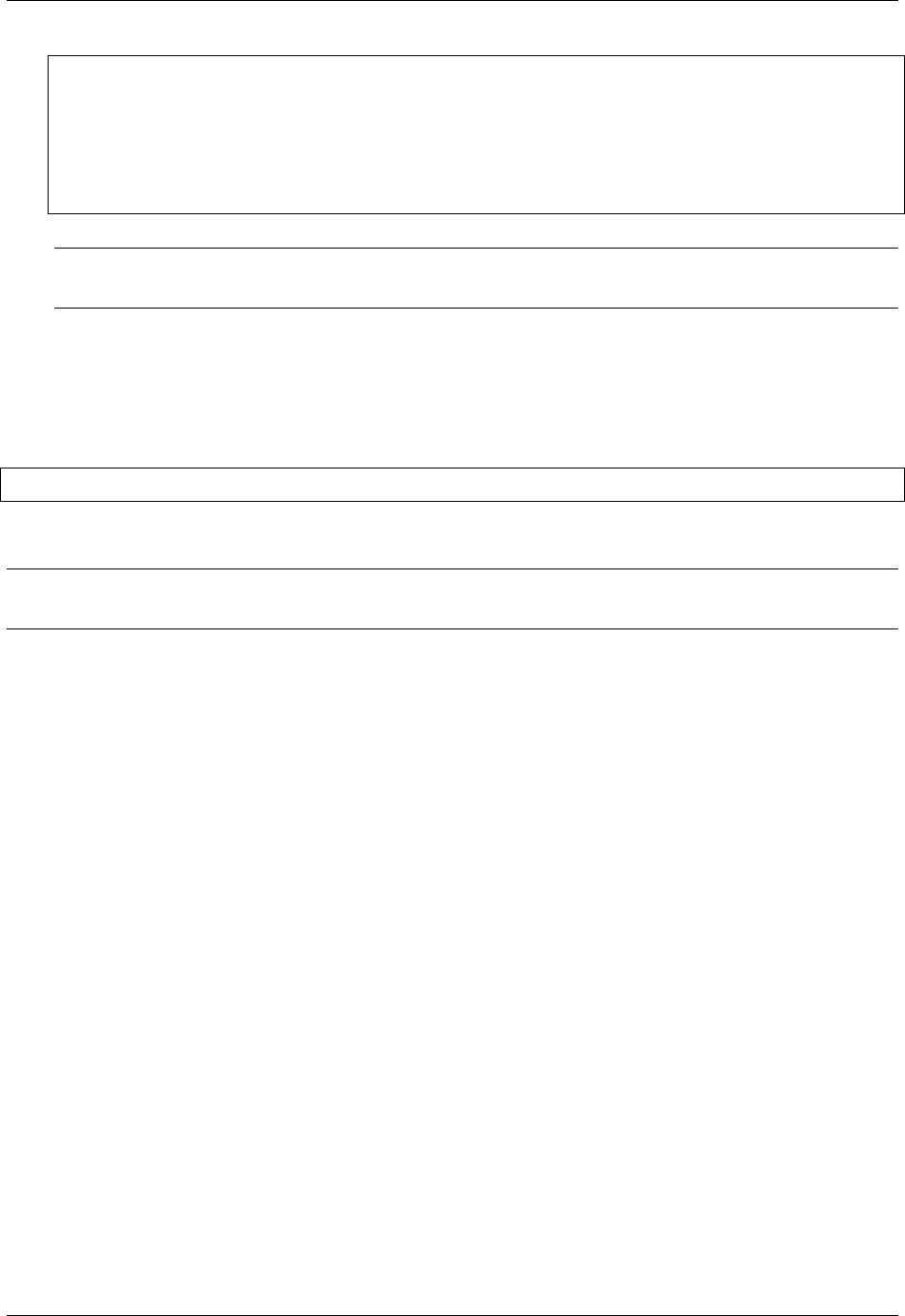
GeoServer User Manual, Release 2.15.1
P1Y6M0DT0H0M0S
P1Y6M0D
P0Y18M0DT0H0M0S
P18M
Note: P1.25Y3M would not be acceptable, because fractional values are only permitted in the most
specific value given, which in this case would be months.
7.1.5 WMS output formats
WMS returns images in a number of possible formats. This page shows a list of the output formats. The
syntax for setting an output format is:
format=<format>
where <format> is any of the options below.
Note: The list of output formats supported by a GeoServer instance can be found by a WMS GetCapabilities
request.
1084 Chapter 7. Services
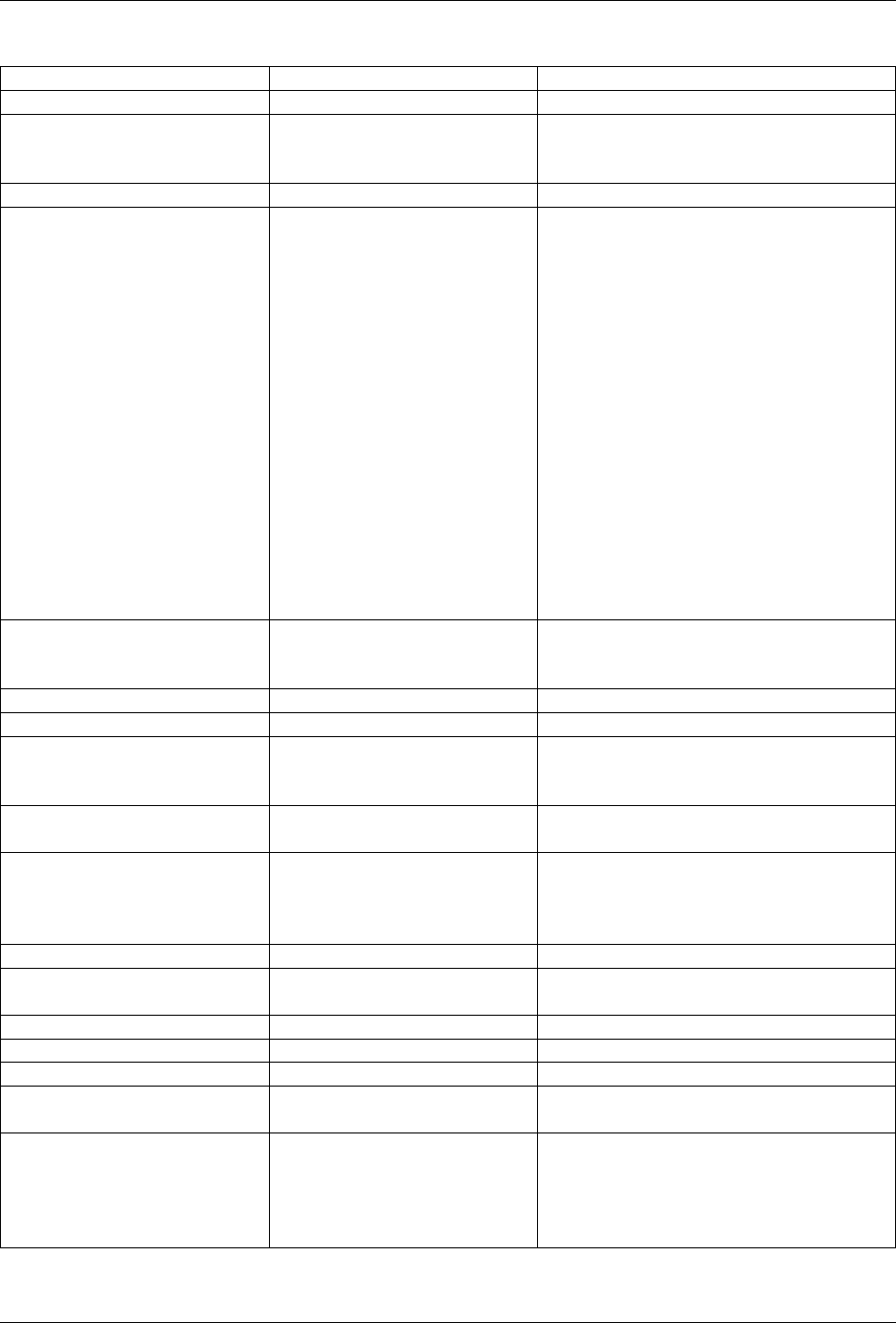
GeoServer User Manual, Release 2.15.1
Format Syntax Notes
PNG format=image/png Default
PNG8 format=image/png8 Same as PNG, but computes an optimal
256 color (8 bit) palette, so the image
size is usually smaller
JPEG format=image/jpeg
JPEG-PNG format=image/vnd.
jpeg-png
A custom format that will decide dy-
namically, based on the image con-
tents, if it’s best to use a JPEG or
PNG compression. The images are re-
turned in JPEG format if fully opaque
and not paletted. In order to use
this format in a meaningful way the
GetMap must include a “&transpar-
ent=TRUE” parameter, as without it
GeoServer generates opaque images
with the default/requested background
color, making this format always return
JPEG images (or always PNG, if they
are paletted). When using the layer pre-
view to test this format, remember to
add “&transparent=TRUE” to the pre-
view URL, as normally the preview
generates non transparent images.
JPEG-PNG8 format=image/vnd.
jpeg-png8
Same as JPEG-PNG, but generating a
paletted output if the PNG format is
chosen
GIF format=image/gif
TIFF format=image/tiff
TIFF8 format=image/tiff8 Same as TIFF, but computes an optimal
256 color (8 bit) palette, so the image
size is usually smaller
GeoTIFF format=image/geotiff Same as TIFF, but includes extra Geo-
TIFF metadata
GeoTIFF8 format=image/geotiff8 Same as TIFF, but includes extra Geo-
TIFF metadata and computes an opti-
mal 256 color (8 bit) palette, so the im-
age size is usually smaller
SVG format=image/svg
PDF format=application/
pdf
GeoRSS format=rss
KML format=kml
KMZ format=kmz
OpenLayers format=application/
openlayers
Generates an OpenLayers HTML appli-
cation.
UTFGrid format=application/
json;type=utfgrid
Generates an UTFGrid 1.3 JSON re-
sponse. Requires vector output, either
from a vector layer, or from a raster
layer turned into vectors by a rendering
transformation.
7.1. Web Map Service (WMS) 1085
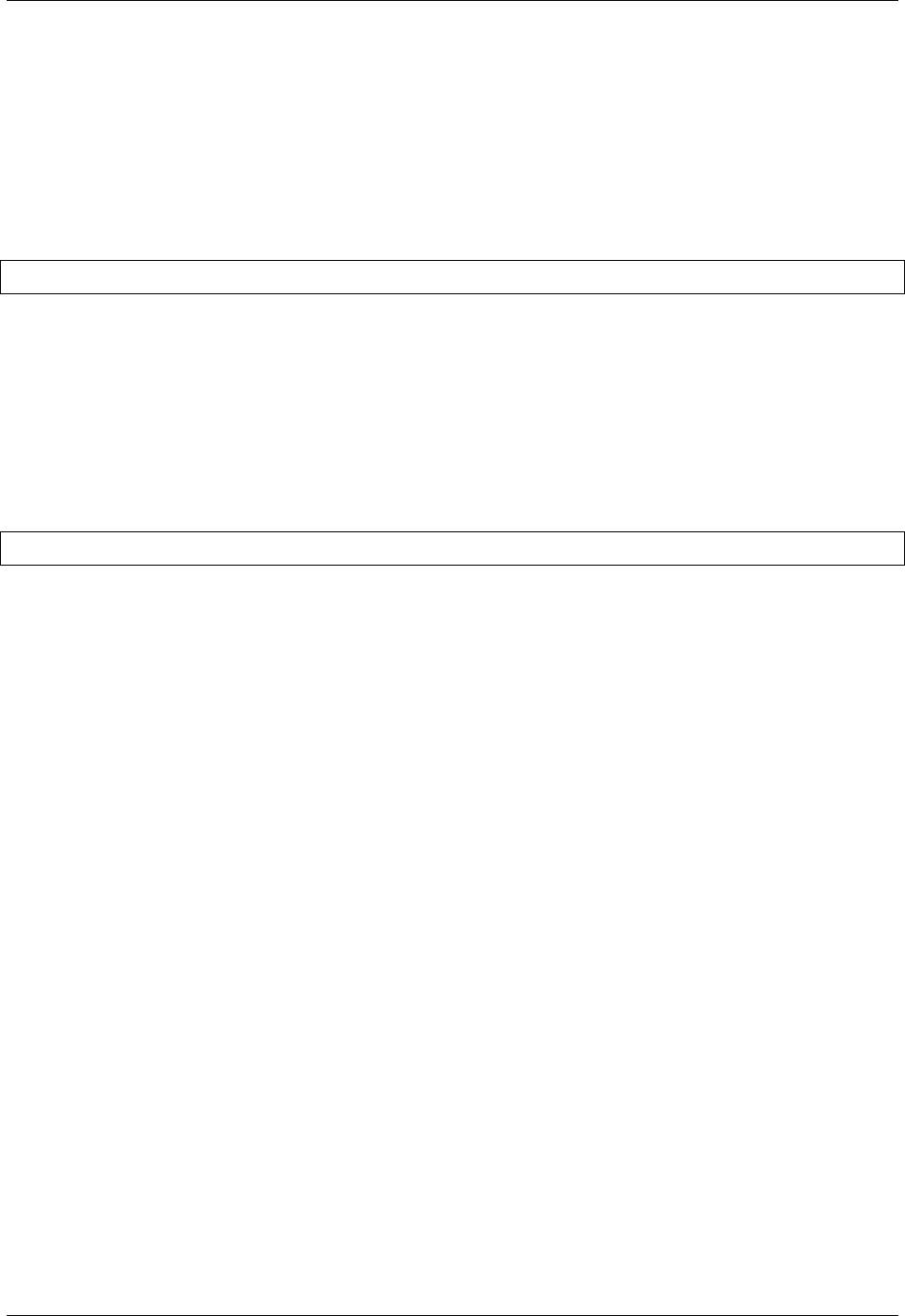
GeoServer User Manual, Release 2.15.1
7.1.6 WMS vendor parameters
WMS vendor parameters are non-standard request parameters that are defined by an implementation to
provide enhanced capabilities. GeoServer supports a variety of vendor-specific WMS parameters.
angle
The angle parameter rotates the output map clockwise around its center. The syntax is:
angle=<x>
where <x> is the number of degrees to rotate by.
Map rotation is supported in all raster formats, PDF, and SVG when using the Batik producer (which is the
default).
buffer
The buffer parameter specifies the number of additional border pixels that are used in the GetMap and
GetFeatureInfo operations. The syntax is:
buffer=<bufferwidth>
where <bufferwidth> is the width of the buffer in pixels.
In the GetMap operation, buffering includes features that lie outside the request bounding box, but whose
styling is thick enough to be visible inside the map area.
In the GetFeatureInfo operation, buffering creates a “search radius” around the location of the request. Fea-
ture info is returned for features intersecting the search area. This is useful when working with an Open-
Layers map (such as those generated by the Layer Preview page) since it relaxes the need to click precisely
on a point for the appropriate feature info to be returned.
In both operations GeoServer attempts to compute the buffer value automatically by inspecting the styles
for each layer. All active symbolizers are evaluated, and the size of the largest is used (i.e. largest point
symbolizer, thickest line symbolizer). Automatic buffer sizing cannot be computed if:
• the SLD contains sizes that are specified as feature attribute values
• the SLD contains external graphics and does not specify their size explicitly
In this event, the following defaults are used:
• 0 pixels for GetMap requests
• 5 pixels for GetFeatureInfo requests (a different min value can be set via the org.geoserver.wms.
featureinfo.minBuffer system variable, e.g., add -Dorg.geoserver.wms.featureinfo.
minBuffer=10 to make the min buffer be 10 pixels)
If these are not sufficiently large, the explicit parameter can be used.
cql_filter
The cql_filter parameter is similar to the standard filter parameter, but the filter is expressed us-
ing ECQL (Extended Common Query Language). ECQL provides a more compact and readable syntax
compared to OGC XML filters. For full details see the ECQL Reference and CQL and ECQL tutorial.
1086 Chapter 7. Services
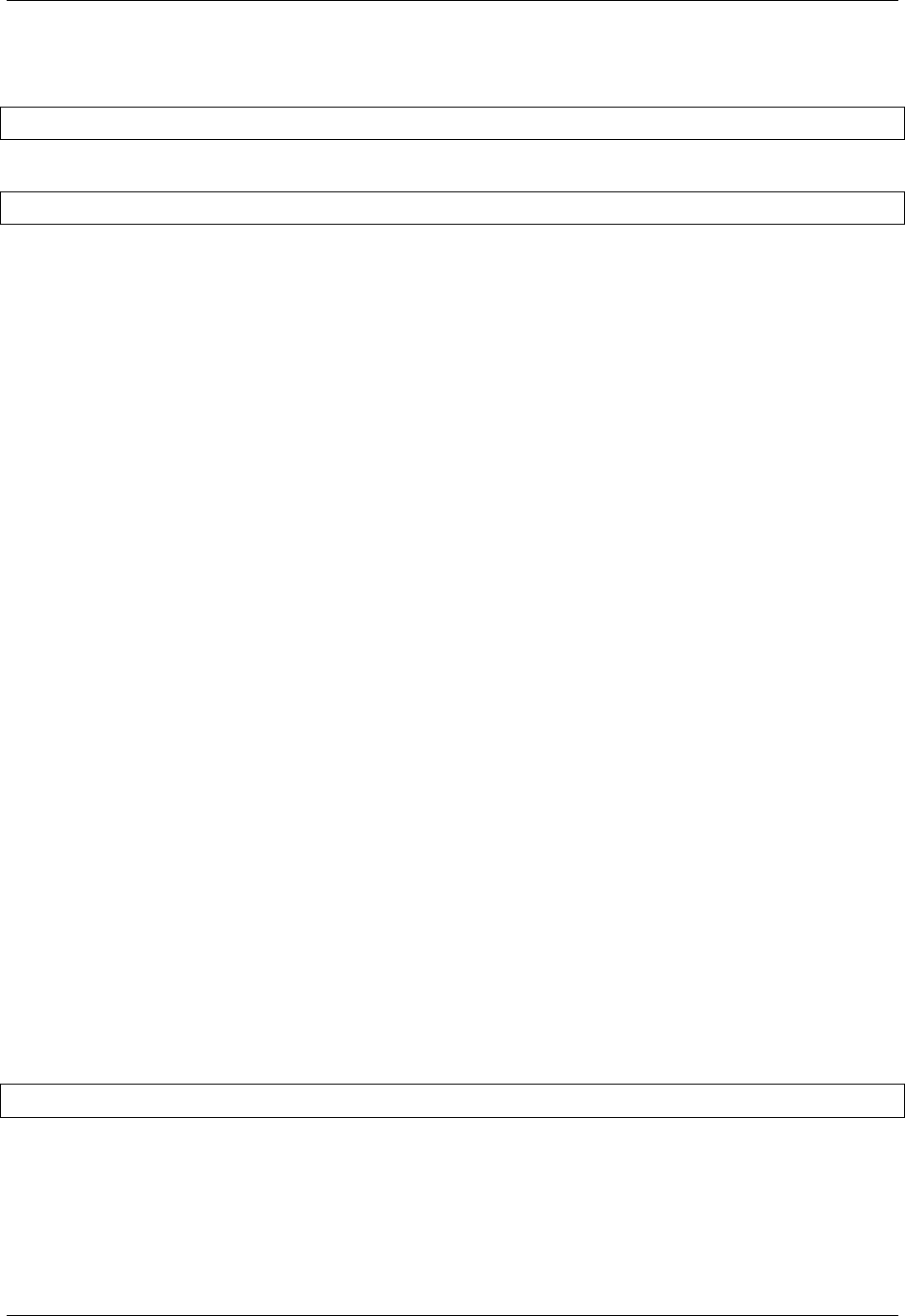
GeoServer User Manual, Release 2.15.1
If more than one layer is specified in the layers parameter, then a separate filter can be specified for each
layer, separated by semicolons. The syntax is:
cql_filter=filter1;filter2...
An example of a simple CQL filter is:
cql_filter=INTERSECTS(the_geom,%20POINT%20(-74.817265%2040.5296504))
sortBy
The sortBy parameter allows to control the order of features/rasters displayed in the map, using the same
syntax as WFS 1.0, that is:
•&sortBy=att1 A|D,att2 A|D, ... for a single layer request
•&sortBy=(att1Layer1 A|D,att2Layer1 A|D, ...)(att1Layer2 A|D,att2Layer2
A|D, ...)... when requesting multiple layers
Care should be taken when using it as it has different behavior for raster layers, vector layers, and layer
groups. In particular:
• For raster layers,sortBy maps to a “SORTING” read parameter that the reader might expose
(image mosaic exposes such parameter).
In image mosaic, this causes the first granule found in the sorting will display on top, and then the
others will follow.
Thus, to sort a scattered mosaic of satellite images so that the most recent image shows on top, and
assuming the time attribute is called ingestion in the mosaic index, the specification will be
&sortBy=ingestion D.
• For vector layers,sortBy maps to a sort by clause in the vector data source, and then painting
happens using the normal “painter model” rules, so the first item returned is painted first, and then
all others on top of it.
Thus, to sort a set of event points so that the most recent event is painted on top, and assuming the
attribute is called “date” in the vector layer, the specification will be &sortBy=date or
&sortBy=date A (ascending direction being the default one).
• For layer groups, the sort specification is going to be copied over all internal layers, so the spec has
to be valid for all of them, or an error will be reported.
An empty spec can be used for layer groups in this case, for example,
layers=theGroup,theLayer&sortBy=(),(date A)
env
The env parameter defines the set of substitution values that can be used in SLD variable substitution. The
syntax is:
env=param1:value1;param2:value2;...
See Variable substitution in SLD for more information.
featureid
The featureid parameter filters by feature ID, a unique value given to all features. Multiple features can
be selected by separating the featureids by comma, as in this example:
7.1. Web Map Service (WMS) 1087
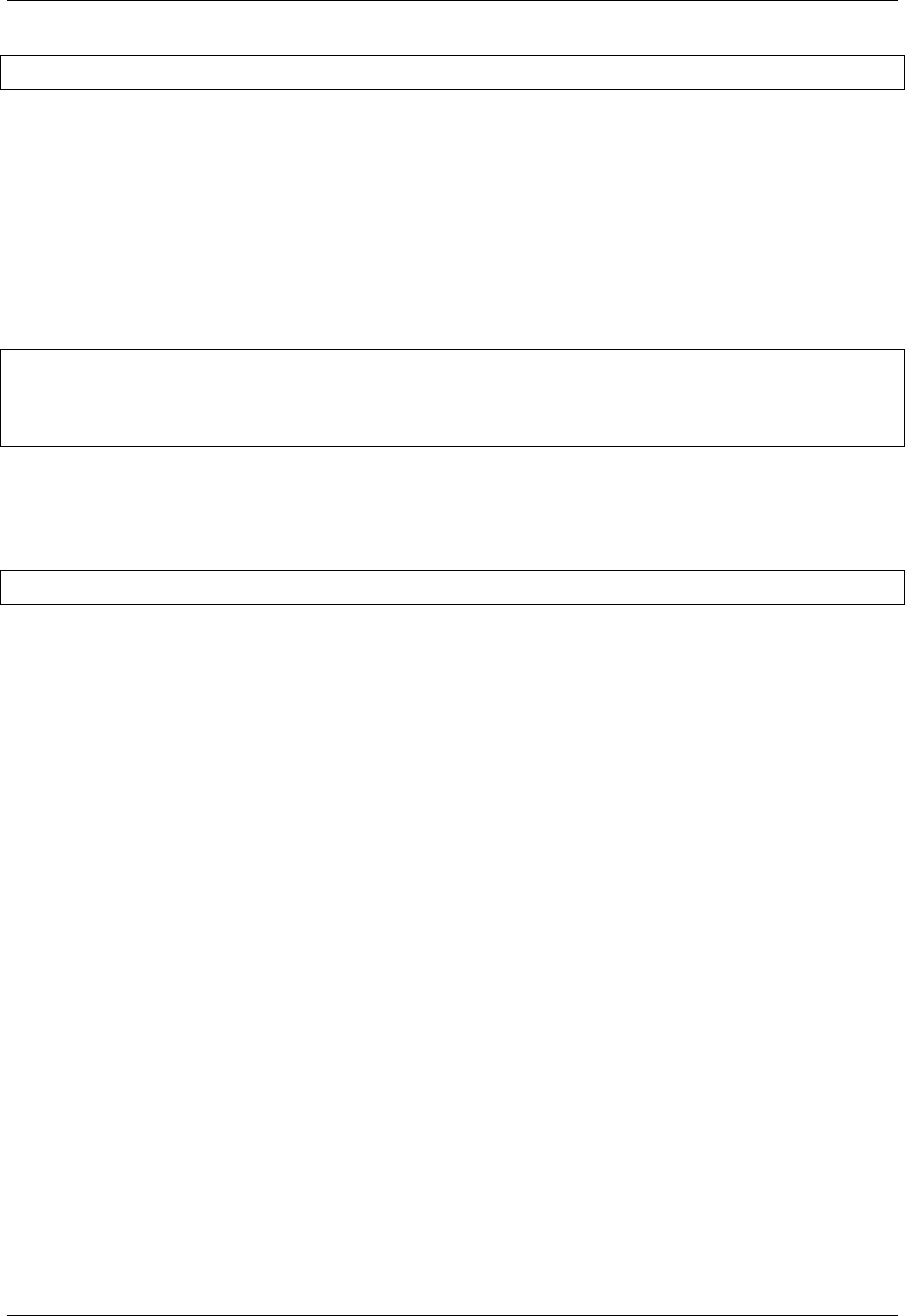
GeoServer User Manual, Release 2.15.1
featureid=states.1,states.45
filter
The WMS specification allows only limited filtering of data. GeoServer enhances the WMS filter capability
to match that provided by WFS. The filter parameter can specify a list of OGC XML filters. The list is
enclosed in parentheses: ( ). When used in a GET request, the XML tag brackets must be URL-encoded.
If more than one layer is specified in the layers parameter then a separate filter can be specified for each
layer.
An example of an OGC filter encoded in a GET request is:
filter=%3CFilter%20xmlns:gml=%22http://www.opengis.net/gml%22%3E%3CIntersects%3E
,→%3CPropertyName%3Ethe_geom%3C/PropertyName%3E%3Cgml:Point%20srsName=%224326%22%3E
,→%3Cgml:coordinates%3E-74.817265,40.5296504%3C/gml:coordinates%3E%3C/gml:Point%3E%3C/
,→Intersects%3E%3C/Filter%3E
format_options
The format_options is a container for parameters that are format-specific. The syntax is:
format_options=param1:value1;param2:value2;...
The supported format options are:
•antialiasing (values = on,off,text): controls the use of antialiased rendering in raster output.
•callback: specifies the callback function name for the jsonp response format (default is
parseResponse).
•dpi: sets the rendering DPI (dots-per-inch) for raster outputs. The OGC standard output resolu-
tion is 90 DPI. If you need to create high resolution images (e.g for printing) it is advisable to re-
quest a larger image size and specify a higher DPI. In general, the image size should be increased
by a factor equal to targetDPI/90, with the target dpi set in the format options. For exam-
ple, to print a 100x100 image at 300 DPI request a 333x333 image with the DPI value set to 300:
&width=333&height=333&format_options=dpi:300
•layout: specifies a layout name to use. Layouts are used to add decorators such as compasses and
legends. This capability is discussed further in the WMS Decorations section.
•quantizer (values = octree,mediancut): controls the color quantizer used to produce PNG8
images. GeoServer 2.2.0 provides two quantizers, a fast RGB quantizer called octree that does not
handle translucency and a slower but more accurate RGBA quantizer called mediancut. By default
the first is used on opaque images, whilst the second is enabled if the client asks for a transparent
image (transparent=true). This vendor parameter can be used to manually force the usage of a
particular quantizer.
•timeout: Apply a timeout value for a getMap request. If the timeout is reached, the getMap request
is cancelled and an error is returned. The value used for the timeout will be the minimum of this
format option and the global WMS timeout defined in the WMS configuration. A value of zero means
no timeout.
•kmattr (values = true,false): determines whether the KML returned by GeoServer should include
clickable attributes or not. This parameter primarily affects Google Earth rendering.
•legend (values = true,false): KML may add the legend.
1088 Chapter 7. Services

GeoServer User Manual, Release 2.15.1
•kmscore (values = between 0to force raster output and 100 to force vector output): parameter sets
whether GeoServer should render KML data as vector or raster. This parameter primarily affects
Google Earth rendering.
•kmltitle: parameter sets the KML title.
•kmlrefresh (values = greater than 0or expires): Force Network Link reload in refresh mode
on interval of seconds. When expires is specified client will refresh whenever the time has elapsed
specified in cache expiration headers. The caching time may be set in the Layer configuration under
Publishing tab setting HTTP Cache Time. This parameter primarily affects Google Earth rendering
and is dependent on being respected by the client. Using a second interval is a more reliable choice.
•kmlvisible (values = true,false): Indicates whether layers selected will default to enabled or
not. Default behavior is enabled. This parameter primarily affects Google Earth rendering.
•advancedProjectionHandling (values = true,false): Enable Disable advanced projection
handling, if it is enabled in the GUI. If it is disabled in the GUI, this option has no effect.
•mapWrapping (values = true,false): Enable Disable continuous map wrapping, if it is enabled in
the GUI. If it is disabled in the GUI, this option has no effect. Continuous map wrapping will also be
disabled if advancedProjectionHandling is disabled.
maxFeatures and startIndex
The parameters maxFeatures and startIndex can be used together to provide “paging” support. Pag-
ing is helpful in situations such as KML crawling, where it is desirable to be able to retrieve the map in
sections when there are a large number of features.
The startindex=n parameter specifies the index from which to start rendering in an ordered list of fea-
tures. nmust be a positive integer.
The maxfeatures=n parameter sets a limit on the amount of features rendered. nmust be a positive
integer. When used with startindex, the features rendered will be the ones starting at the startindex
value.
Note that not all layers support paging. For a layer to be queried in this way, the underlying feature source
must support paging. This is usually the case for databases (such as PostGIS).
namespace
The namespace parameter causes WMS GetCapabilities responses to be filtered to only contain layers in to
a particular namespace. The syntax is:
namespace=<namespace>
where <namespace> is the namespace prefix.
Warning: Using an invalid namespace prefix will not cause an error, but the capabilities document
returned will contain no layers, only layer groups.
Note: This affects the capabilities document only, not other requests. Other WMS operations will still
process all layers, even when a namespace is specified.
7.1. Web Map Service (WMS) 1089
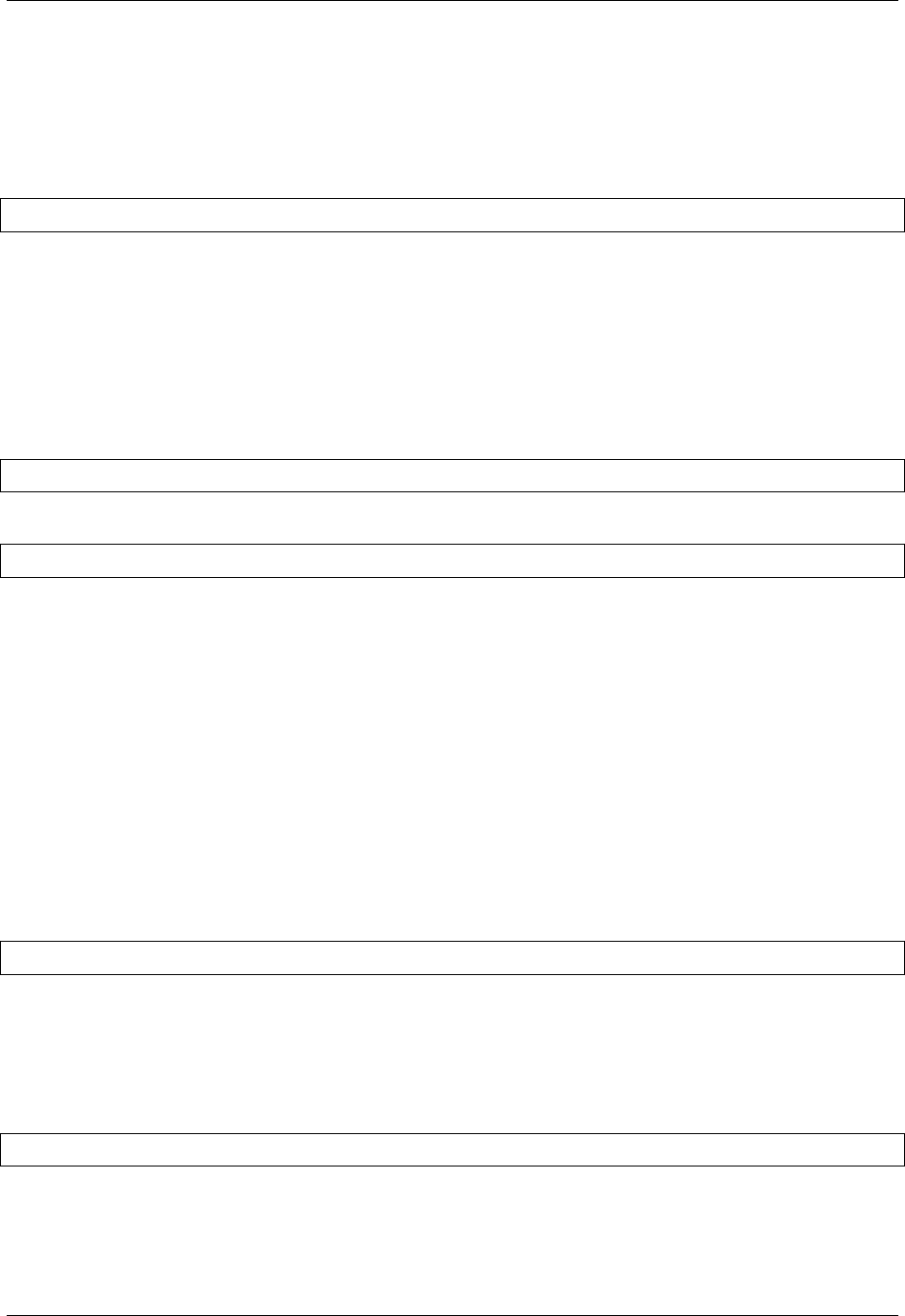
GeoServer User Manual, Release 2.15.1
palette
It is sometimes advisable (for speed and bandwidth reasons) to downsample the bit depth of returned
maps. The way to do this is to create an image with a limited color palette, and save it in the palettes
directory inside your GeoServer Data Directory. It is then possible to specify the palette parameter of the
form:
palette=<image>
where <image> is the filename of the palette image (without the extension). To force a web-safe palette,
use the syntax palette=safe. For more information see the tutorial on Paletted Images
propertyName
The propertyName parameter specifies which properties are included in the response of the
GetFeatureInfo operation. The syntax is the same as in the WFS GetFeature operation. For a request
for a single layer the syntax is:
propertyName=name1,...,nameN
For multiple layers the syntax is:
propertyName=(nameLayer11,...,nameLayer1N)...(name1LayerN,...,nameNLayerN)
The nature of the properties depends on the layer type:
• For vector layers the names specify the feature attributes.
• For raster layers the names specify the bands.
• For cascaded WMS layers the names specify the GML properties to be returned by the remote server.
tiled
Meta-tiling prevents issues with duplicated labels when using a tiled client such as OpenLayers. When
meta-tiling is used, images are rendered and then split into smaller tiles (by default in a 3x3 pattern) before
being served. In order for meta-tiling to work, the tile size must be set to 256x256 pixels, and the tiled and
tilesorigin parameters must be specified.
The tiled parameter controls whether meta-tiling is used. The syntax is:
tiled=[true|false]
To invoke meta-tiling use tiled=true.
tilesorigin
The tilesorigin parameter is also required for meta-tiling. The syntax is:
tilesorigin=x,y
where xand yare the coordinates of the lower left corner (the “origin”) of the tile grid system.
1090 Chapter 7. Services
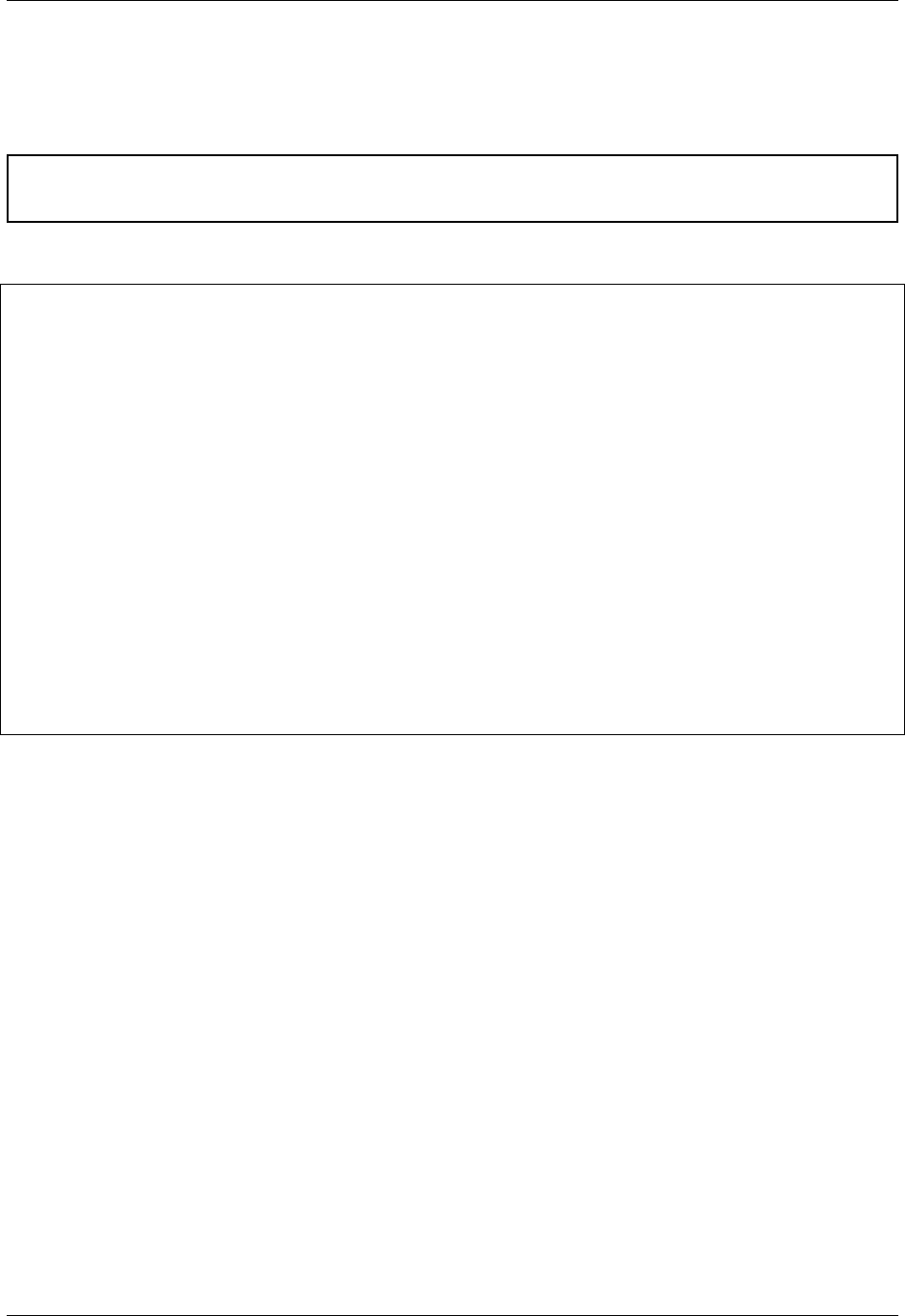
GeoServer User Manual, Release 2.15.1
OpenLayers example
In OpenLayers, a good way to specify the tilesorigin is to reference the map extents directly.
Warning: If the map extents are modified dynamically, the tilesorigin of each meta-tiled layer must
be updated accordingly.
The following code shows how to specify the meta-tiling parameters:
1var options ={
2...
3maxExtent:new OpenLayers.Bounds(-180,-90,180,90),
4...
5};
6map =new OpenLayers.Map('map', options);
7
8tiled =new OpenLayers.Layer.WMS(
9"Layer name","http://localhost:8080/geoserver/wms",
10 {
11 srs:'EPSG:4326',
12 width:391,
13 styles:'',
14 height:550,
15 layers:'layerName',
16 format:'image/png',
17 tiled:true,
18 tilesorigin:map.maxExtent.left +',' +map.maxExtent.bottom
19 },
20 {buffer:0}
21 );
scaleMethod
The scaleMethod parameter controls how the scale denominator is computed by GeoServer The two
possible values are:
•OGC (default): the scale denominator is computed according to the OGC SLD specification, which
imposes simplified formulas for the sake of interoperability
•Accurate: use the full expressions for computing the scale denominator against geographic
data, taking into account the ellipsoidal shape of Earth
The two methods tend to return values rather close to each other near the equator, but they do diverge to
larger differences as the latitude approaches the poles.
interpolations
The interpolations parameter allows choosing a specific resampling (interpolation) method. It can be
used in the GetMap operation.
If more than one layer is specified in the layers parameter, then a separate interpolation method can be
specified for each layer, separated by commas. The syntax is:
7.1. Web Map Service (WMS) 1091
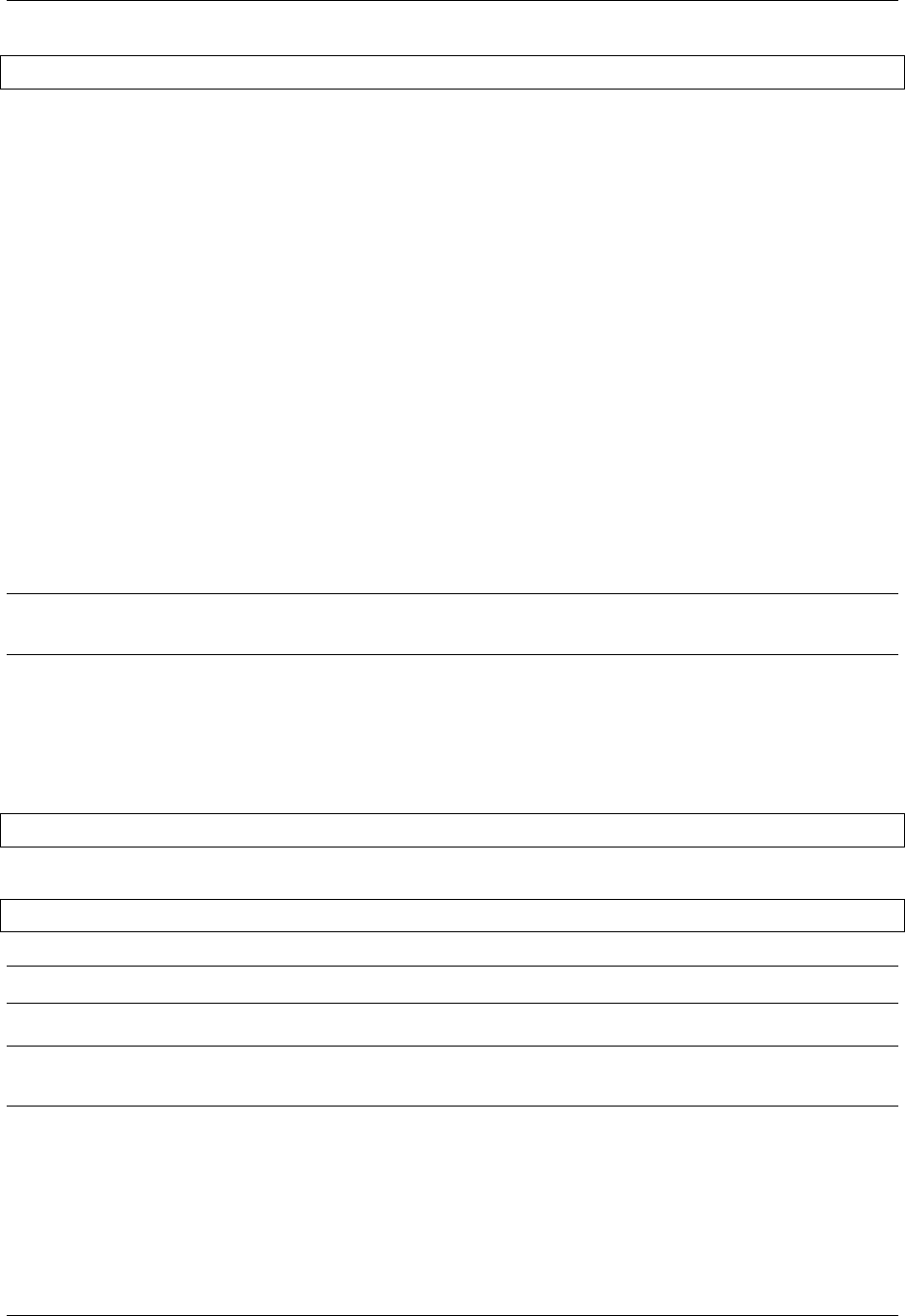
GeoServer User Manual, Release 2.15.1
interpolations=method1,method2,...
method<n> values can be one of the following:
•nearest neighbor
•bilinear
•bicubic
or empty if the default method has to be used for the related layer.
The parameter allows to override the global WMS Raster Rendering Options setting (see WMS Settings for
more info), as well as the layer specific Default Interpolation Method publishing parameter (see Layers for
more info), on a layer by layer basis.
format
The format parameter can be used to request capabilities documents in a certain format. If the requested
format is not supported the default format will be used.
An example request:
http://localhost:8080/geoserver/ows?service=wms&version=1.1.1&request=
GetCapabilities&format=text/xml
Note: Currently this parameter can only be used to request WMS 1.1.1 capabilities documents encoded in
text/xml, if used with other WMS versions or other formats it will have no effect.
7.1.7 Non Standard AUTO Namespace
The WMS standard supports a small number of “automatic” coordinate reference systems that include a
user-selected centre of projection. These are specified using:
AUTO:auto_crs_id,factor,lon0,lat0
for example:
CRS=AUTO:42003,1,-100,45
Note: in GeoServer 2.8.x AUTO and AUTO2 namespaces are treated identically.
Note: in GeoServer 2.8.x the factor parameter in the AUTO namespace is ignored. The BBOX parameter to
GetMap must therefore be specified in metres.
The WMS standard provide projections with IDs in the range 42001 to 42005.
1092 Chapter 7. Services
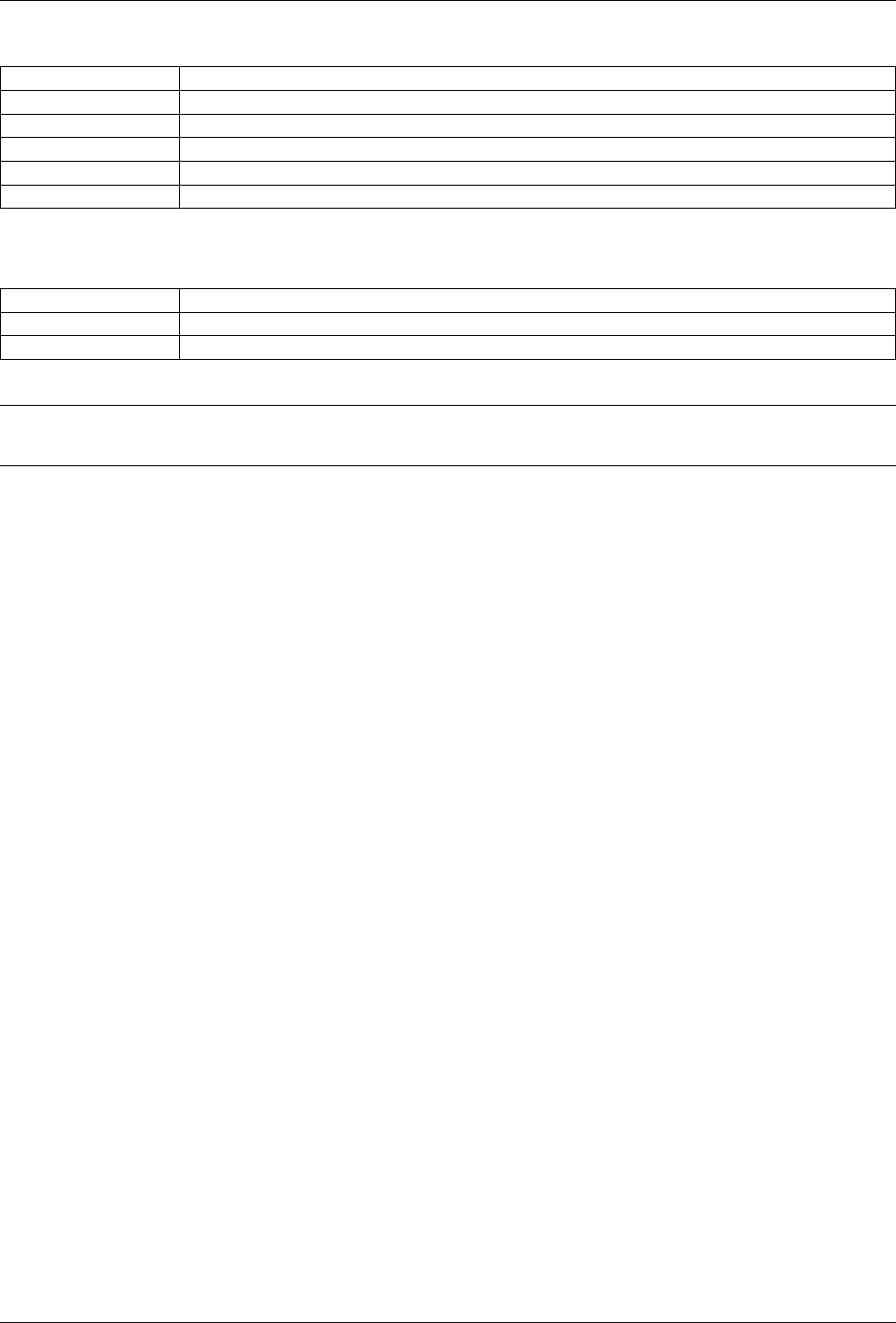
GeoServer User Manual, Release 2.15.1
ID Projection
42001 Universal Transverse Mercator
42002 Transverse Mercator
42003 Orthographic
42004 Equirectangular
42005 Mollweide (not supported in GeoServer 2.8.x)
GeoServer also supports some non-standard coordinate reference systems. These are
ID Projection
97001 Gnomonic
97002 Stereographic
Note: the auto stereographic projection uses a sphere. It does this by setting the semi minor axis to the
same value as the semi major axis.
7.1.8 WMS configuration
Layer Groups
A Layer Group is a group of layers that can be referred to by one layer name. For example, if you put
three layers (call them layer_A, layer_B, and layer_C) under the one “Layer Group” layer, then when a user
makes a WMS getMap request for that group name, they will get a map of those three layers.
For information on configuring Layer Groups in the Web Administration Interface see Layer Groups
Request limits
The request limit options allow the administrator to limit the resources consumed by each WMS GetMap
request.
The following table shows the option names, a description, and the minimum GeoServer version at which
the option is available (older versions will ignore it if set).
7.1. Web Map Service (WMS) 1093
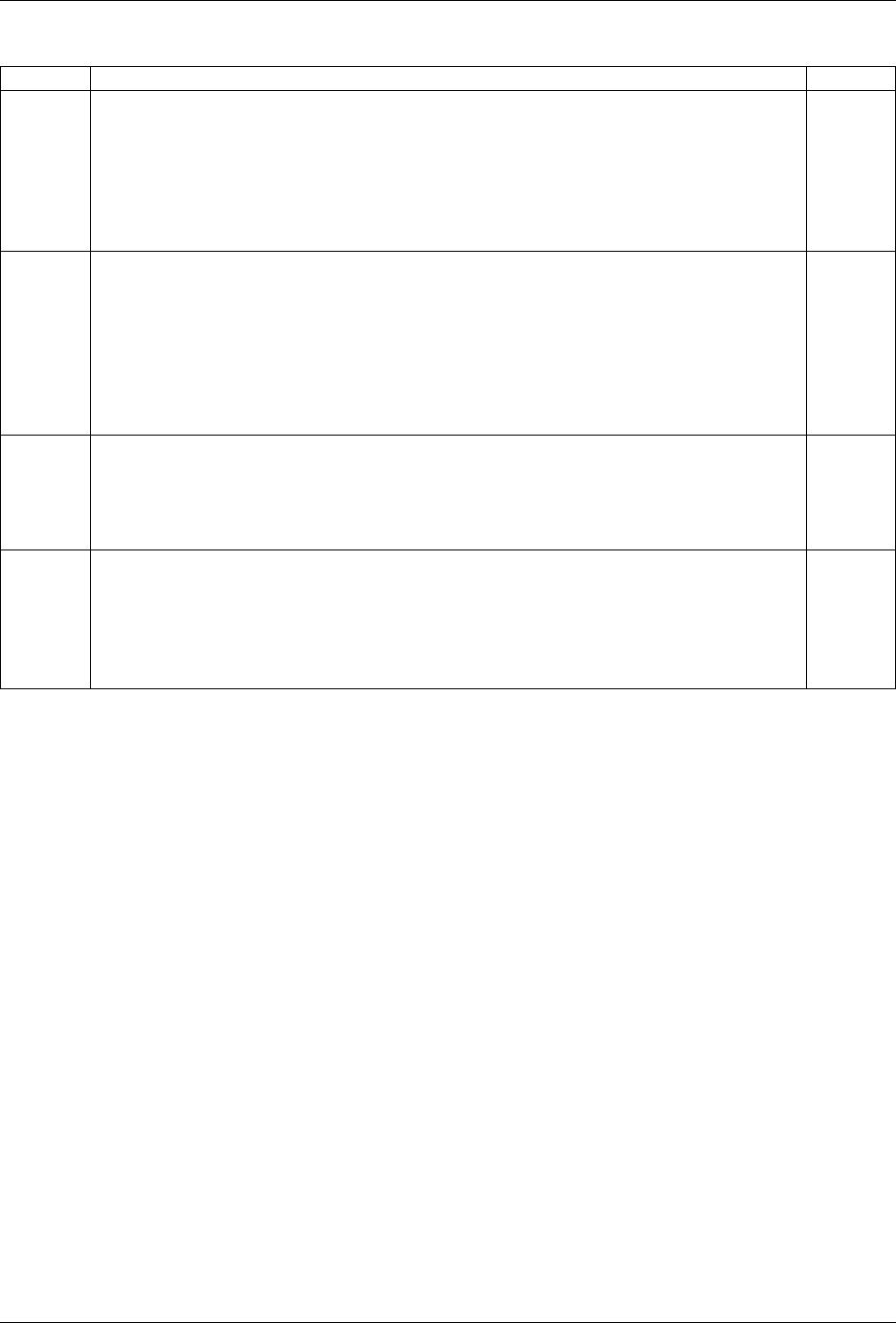
GeoServer User Manual, Release 2.15.1
Option Description Version
Max
ren-
dering
mem-
ory
(KB)
Sets the maximum amount of memory a single GetMap request is allowed to use
(in kilobytes). The limit is checked before request execution by estimating how
much memory would be required to produce the output in the format requested.
For example, for an image format the estimate is based on the size of the required
rendering memory (which is determined by the image size, the pixel bit depth, and
the number of active FeatureTypeStyles at the requested scale). If the estimated
memory size is below the limit, the request is executed; otherwise it is cancelled.
1.7.5
Max
ren-
dering
time (s)
Sets the maximum amount of time GeoServer will spend processing a request (in
seconds). This time limits the “blind processing” portion of the request, that is, the
time taken to read data and compute the output result (which may occur concur-
rently). If the execution time reaches the limit, the request is cancelled. The time
required to write results back to the client is not limited by this parameter, since
this is determined by the (unknown) network latency between the server and the
client. For example, in the case of PNG/JPEG image generation, this option limits
the data reading and rendering time, but not the time taken to write the image out.
1.7.5
Max
ren-
dering
errors
(count)
Sets the maximum amount of rendering errors tolerated by a GetMap request. By
default GetMap makes a best-effort attempt to serve the result, ignoring invalid
features, reprojection errors and the like. Setting a limit on the number of errors
ignored can make it easier to notice issues, and conserves CPU cycles by reducing
the errors which must be handled and logged
1.7.5
Max
num-
ber of
dimen-
sion
values
Sets the maximum number of dimension (time, elevation, custom) values that a
client can request in a GetMap/GetFeatureInfo request (the work to be done is usu-
ally proportional to said number of times, and the list of values is kept in memory
during the processing)
2.14.0
The default value of each limit is 0, which specifies that the limit is not applied.
If any of the request limits is exceeded, the GetMap operation is cancelled and a ServiceException is
returned to the client.
When setting the above limits it is suggested that peak conditions be taken into consideration. For example,
under normal circumstances a GetMap request may take less than a second. Under high load it is acceptable
for it to take longer, but it’s usually not desirable to allow a request to go on for 30 minutes.
The following table shows examples of reasonable values for the request limits:
1094 Chapter 7. Services
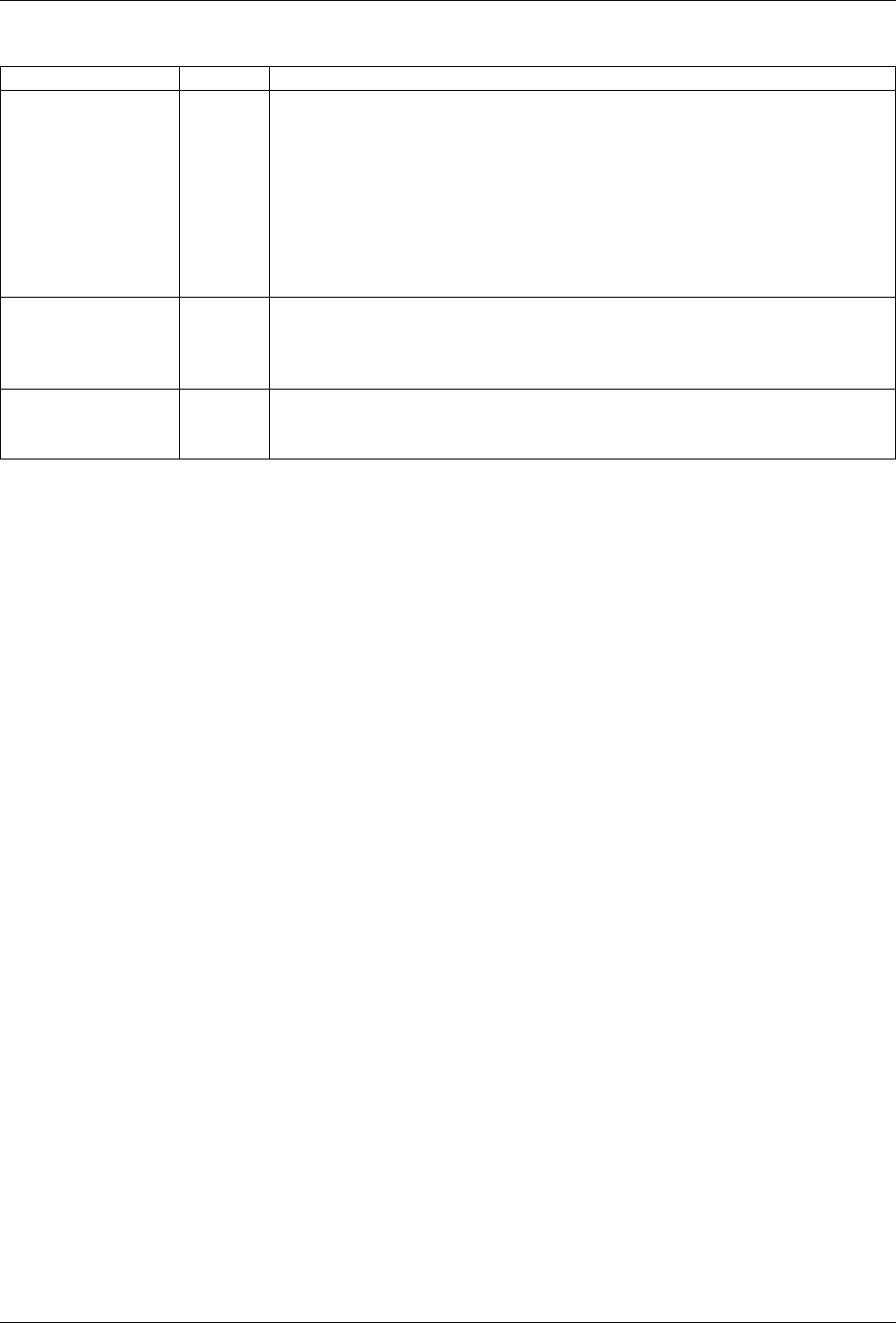
GeoServer User Manual, Release 2.15.1
Option Value Rationale
maxRequestMemory 16384 16MB are sufficient to render a 2048x2048 image at 4 bytes per pixel (full
color and transparency), or a 8x8 meta-tile when using GeoWebCache
or TileCache. Note that the rendering process uses a separate memory
buffer for each FeatureTypeStyle in an SLD, so this also affects the maxi-
mum image size. For example, if an SLD contains two FeatureTypeStyle
elements in order to draw cased lines for a highway, the maximum im-
age size will be limited to 1448x1448 (the memory requirement increases
with the product of the image dimensions, so halving the memory de-
creases image dimensions by only about 30%)
maxRenderingTime 120 A request that processes for a full two minutes is probably rendering too
many features, regardless of the current server load. This may be caused
by a request against a big layer using a style that does not have suitable
scale dependencies
maxRenderingErrors100 Encountering 100 errors is probably the result of a request trying to re-
project a big data set into a projection that is not appropriate for the
output extent, resulting in many reprojection failures.
7.1.9 Global variables affecting WMS
This document details the set of global variables that can affect WMS behaviour. Each global variable can
be set as an environment variable, as a servlet context variable, or as a Java system property, just like the
well known GEOSERVER_DATA_DIR setting. Refer to Setting the data directory location for details on how a
global variable can be specified.
MAX_FILTER_RULES
A integer number (defaults to 20) When drawing a style containing multiple active rules the renderer com-
bines the filters of the rules in OR and adds them to the standard bounding box filter. This behaviour is
active up until the maximum number of filter rules is reached, past that the rule filters are no more added
to avoid huge queries. By default up to 20 rules are combined, past 20 rules only the bounding box filter is
used. Turning it off (setting it to 0) can be useful if the styles are mostly classifications, detrimental if the
rule filters are actually filtering a good amount of data out.
OPTIMIZE_LINE_WIDTH
Can be true or false (defaults to: false). When true any stroke whose width is less than 1.5 pixels gets
slimmed down to “zero”, which is actually not zero, but a very thin line. That was the behaviour GeoServer
used to default to before the 2.0 series. When false the stroke width is not modified and it’s possible to
specify widths less than one pixel. This is the default behaviour starting from the 2.0.0 release
ENABLE_JSONP
Can be true or false (defaults to: false). When true the JSONP (text/javascript) output format is
enabled.
7.1. Web Map Service (WMS) 1095
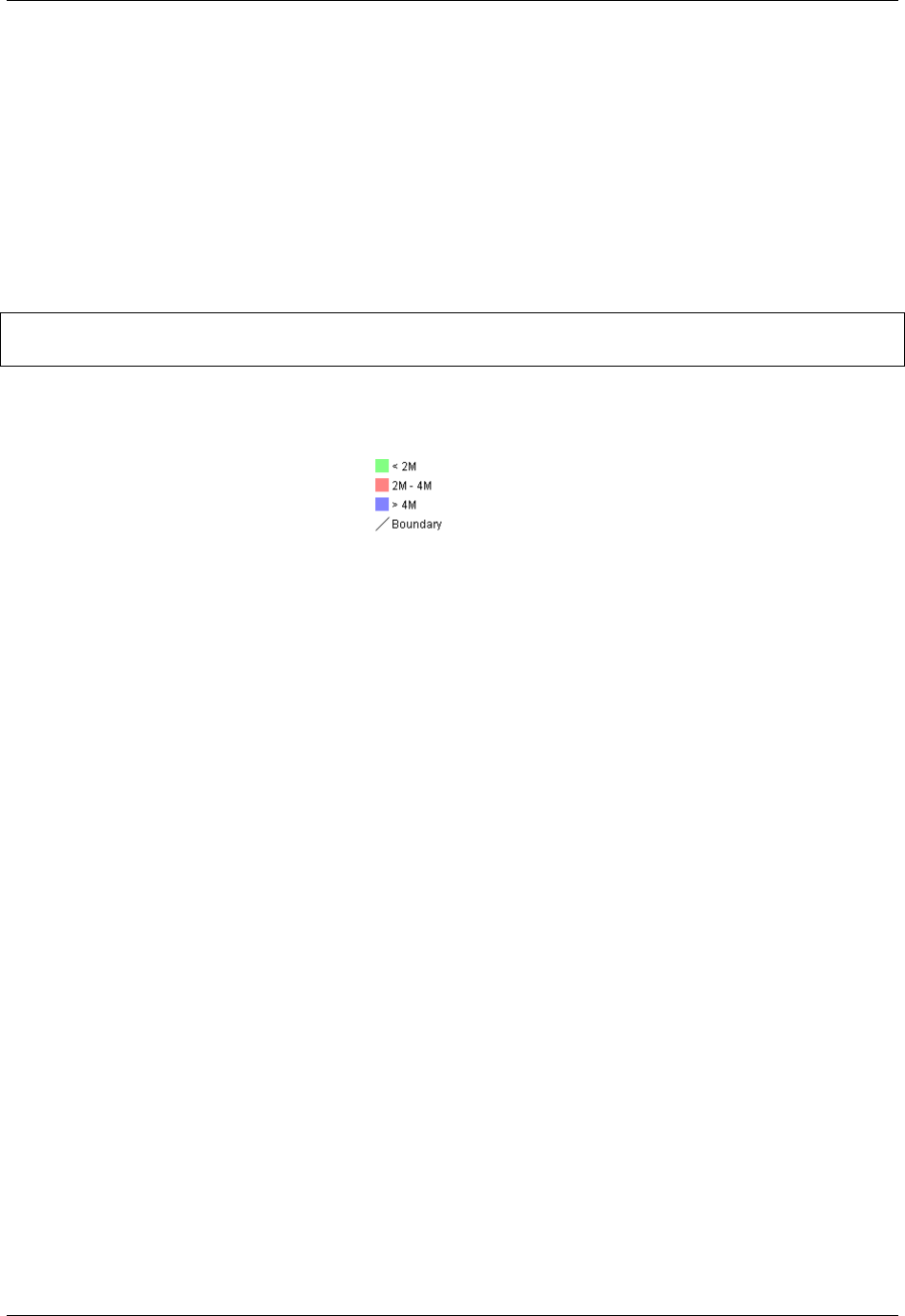
GeoServer User Manual, Release 2.15.1
7.1.10 GetLegendGraphic
This chapter describes whether to use the GetLegendGraphics request. The SLD Specifications 1.0.0 gives
a good description about GetLegendGraphic requests:
The GetLegendGraphic operation itself is optional for an SLD-enabled WMS. It provides a general mechanism for
acquiring legend symbols, beyond the LegendURL reference of WMS Capabilities. Servers supporting the GetLe-
gendGraphic call might code LegendURL references as GetLegendGraphic for interface consistency. Vendor-specific
parameters may be added to GetLegendGraphic requests and all of the usual OGC-interface options and rules apply.
No XML-POST method for GetLegendGraphic is presently defined.
Here is an example invocation:
http://localhost:8080/geoserver/wms?REQUEST=GetLegendGraphic&VERSION=1.0.0&
,→FORMAT=image/png&WIDTH=20&HEIGHT=20&LAYER=topp:states
which would produce four 20x20 icons that graphically represent the rules of the default style of the
topp:states layer.
Fig. 7.5: Sample legend
In the following table the whole set of GetLegendGraphic parameters that can be used.
1096 Chapter 7. Services
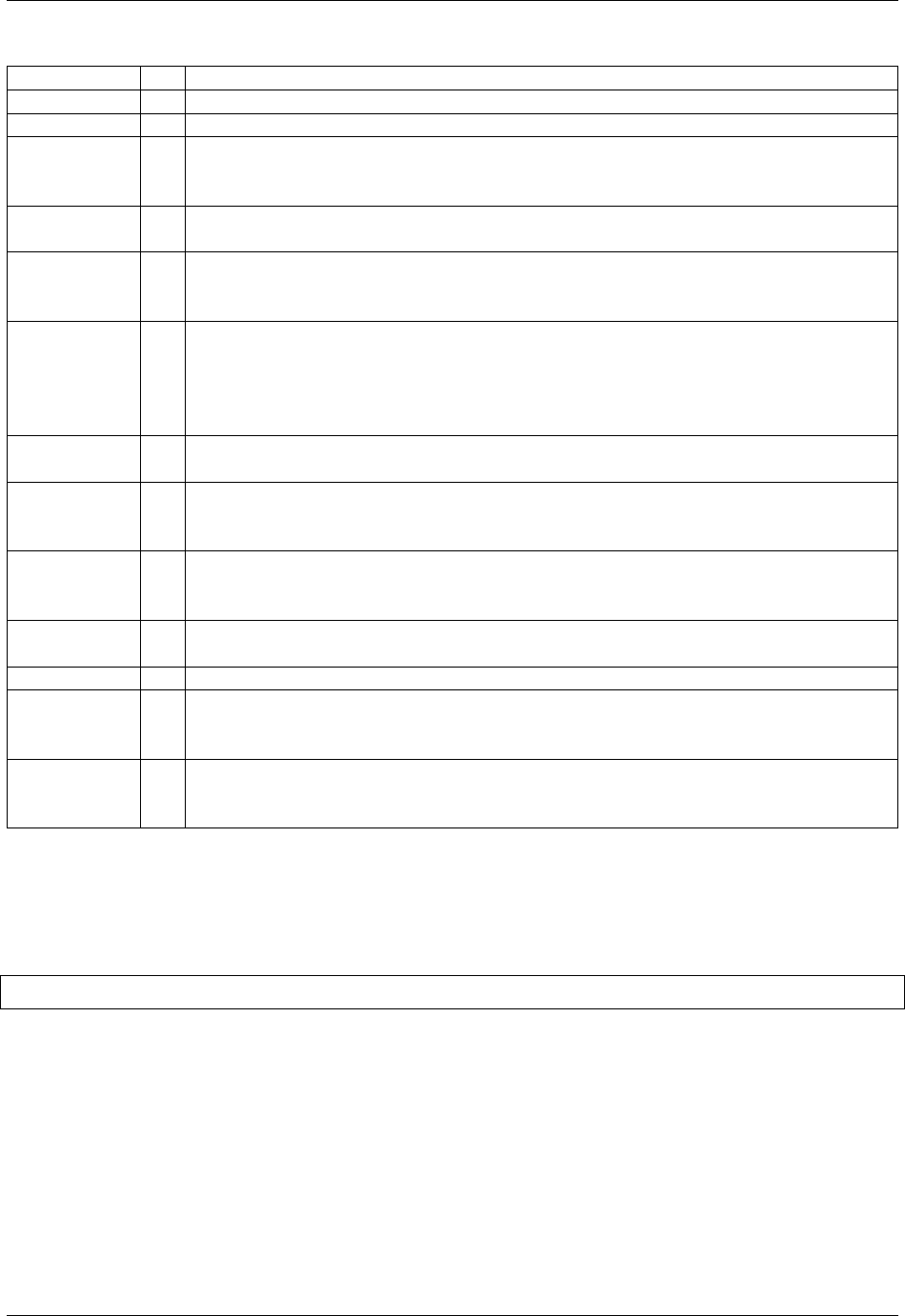
GeoServer User Manual, Release 2.15.1
Parameter RequiredDescription
REQUEST RequiredValue must be “GetLegendGraphic”.
LAYER RequiredLayer for which to produce legend graphic.
STYLE OptionalStyle of layer for which to produce legend graphic. If not present, the default style
is selected. The style may be any valid style available for a layer, including non-
SLD internally-defined styles.
FEATURETYPEOptionalFeature type for which to produce the legend graphic. This is not needed if the
layer has only a single feature type.
RULE OptionalRule of style to produce legend graphic for, if applicable. In the case that a style
has multiple rules but no specific rule is selected, then the map server is obligated
to produce a graphic that is representative of all of the rules of the style.
SCALE OptionalIn the case that a RULE is not specified for a style, this parameter may assist the
server in selecting a more appropriate representative graphic by eliminating inter-
nal rules that are out-of-scope. This value is a standardized scale denominator,
defined in Section 10.2. Specifying the scale will also make the symbolizers using
Unit Of Measure resize according to the specified scale.
SLD OptionalThis parameter specifies a reference to an external SLD document. It works in the
same way as the SLD= parameter of the WMS GetMap operation.
SLD_BODY OptionalThis parameter allows an SLD document to be included directly in an HTTP-GET
request. It works in the same way as the SLD_BODY= parameter of the WMS
GetMap operation.
FORMAT RequiredThis gives the MIME type of the file format in which to return the legend graphic.
Allowed values are the same as for the FORMAT= parameter of the WMS GetMap
request.
WIDTH OptionalThis gives a hint for the width of the returned graphic in pixels. Vector-graphics
can use this value as a hint for the level of detail to include.
HEIGHT OptionalThis gives a hint for the height of the returned graphic in pixels.
EXCEPTIONS OptionalThis gives the MIME type of the format in which to return exceptions. Allowed
values are the same as for the EXCEPTIONS= parameter of the WMS GetMap re-
quest.
LANGUAGE OptionalAllows setting labels language for style titles and rules titles; needs a correctly lo-
calized SLD to work properly; if labels are not available in the requested language,
the default text will be used; look at i18N in SLD for further details.
Controlling legend appearance with LEGEND_OPTIONS
GeoServer allows finer control over the legend appearance via the vendor parameter LEGEND_OPTIONS.
The general format of LEGEND_OPTIONS is the same as FORMAT_OPTIONS, that is:
...&LEGEND_OPTIONS=key1:v1;key2:v2;...;keyn:vn
Here is a description of the various parameters that can be used in LEGEND_OPTIONS:
•fontName (string) the name of the font to be used when generating rule titles. The font must be
available on the server
•fontStyle (string) can be set to italic or bold to control the text style. Other combination are not
allowed right now but we could implement that as well.
•fontSize (integer) allows us to set the Font size for the various text elements. Notice that default size
is 12.
•fontColor (hex) allows us to set the color for the text of rules and labels (see above for recommenda-
tion on how to create values). Values are expressed in 0xRRGGBB format
7.1. Web Map Service (WMS) 1097
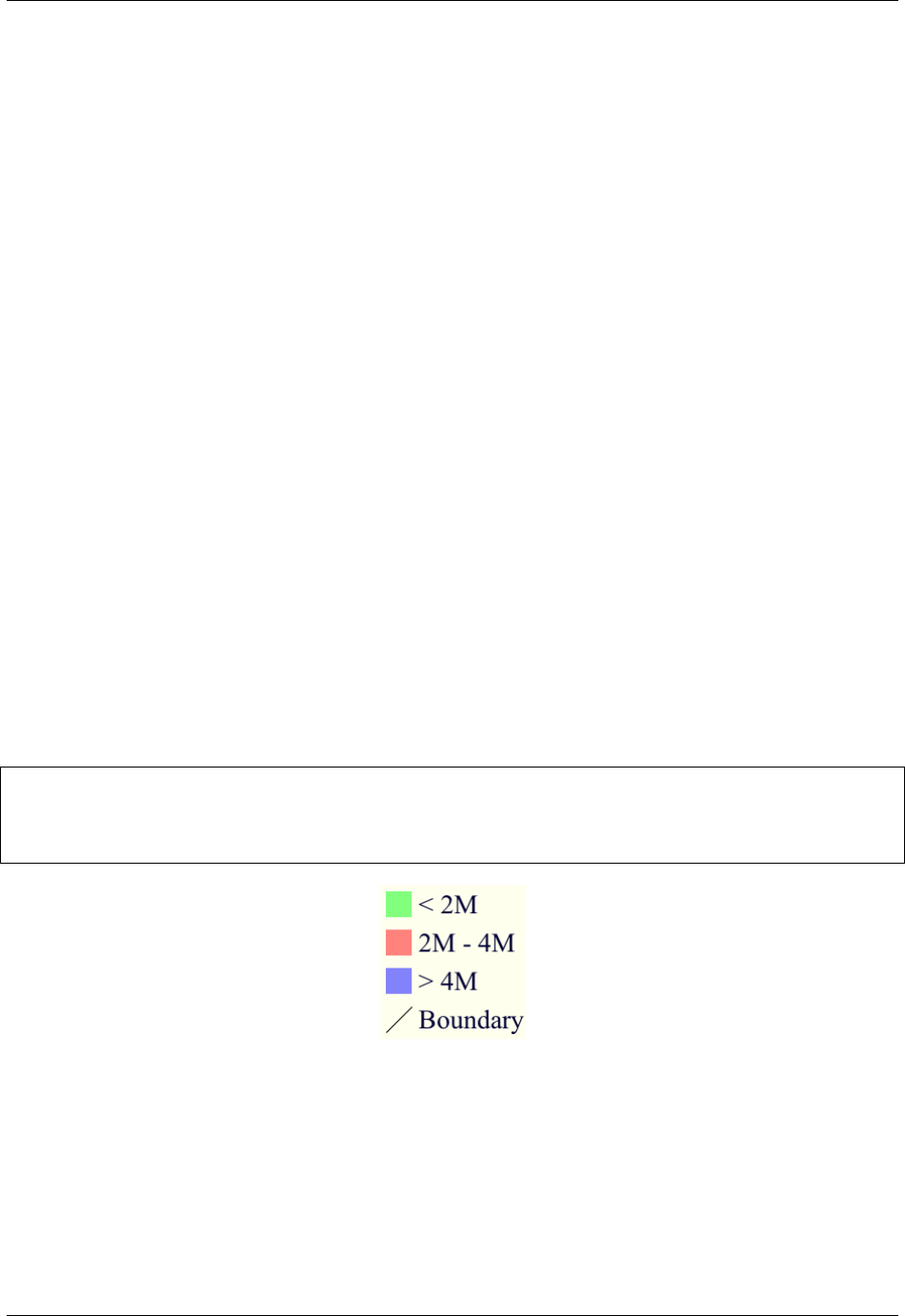
GeoServer User Manual, Release 2.15.1
•fontAntiAliasing (true/false) when true enables antialiasing for rule titles
•bgColor (hex) background color for the generated legend, values are expressed in 0xRRGGBB format
•dpi (integer) sets the DPI for the current request, in the same way as it is supported by GetMap.
Setting a DPI larger than 91 (the default) makes all fonts, symbols and line widths grow without
changing the current scale, making it possible to get a high resolution version of the legend suitable
for inclusion in printouts
•forceLabels “on” means labels will always be drawn, even if only one rule is available. “off” means
labels will never be drawn, even if multiple rules are available. Off by default.
•labelMargin margin (in pixels) to use between icons and labels.
•layout sets icons layout to be vertical (default) or horizontal.
•columnheight enables multicolumn layout when layout is vertical. Each column height is limited by
the columnheight value (in pixels).
•rowwidth enables multirow layout when layout is horizontal. Each row width is limited by the
rowwidth value (in pixels).
•columns enables multicolumn layout when layout is vertical. The value is the maximum columns
number of legend. The rows used are equal to the next greater integer of <total of icons>/<number
of columns>.
•rows enables multirow layout when layout is horizontal. The value is the the maximum rows number
of legend. The columns used are equal to the next greater integer of <total of icons>/<number of
rows>.
•grouplayout Orientation of groups of layer, possible values are horizontal and vertical (default if not
specified).
•countMatched When set to true, adds at the end of each label the number of features matching that
rule in the current map. Requires extra parameters, see details in the dedicated section.
Here is a sample request sporting most the options:
http://localhost:8080/geoserver/wms?REQUEST=GetLegendGraphic&VERSION=1.0.0&
,→FORMAT=image/png&WIDTH=20&HEIGHT=20&LAYER=topp:states&legend_options=fontName:Times
,→%20New%20Roman;fontAntiAliasing:true;fontColor:0x000033;fontSize:14;
,→bgColor:0xFFFFEE;dpi:180
Fig. 7.6: Using LEGEND_OPTIONS to control the output
Controlling legend layout
A set of LEGEND_OPTIONS keys are used to control icons layout in the produced legend images. In
particular, a vertical or horizontal layout can be chosen.
1098 Chapter 7. Services
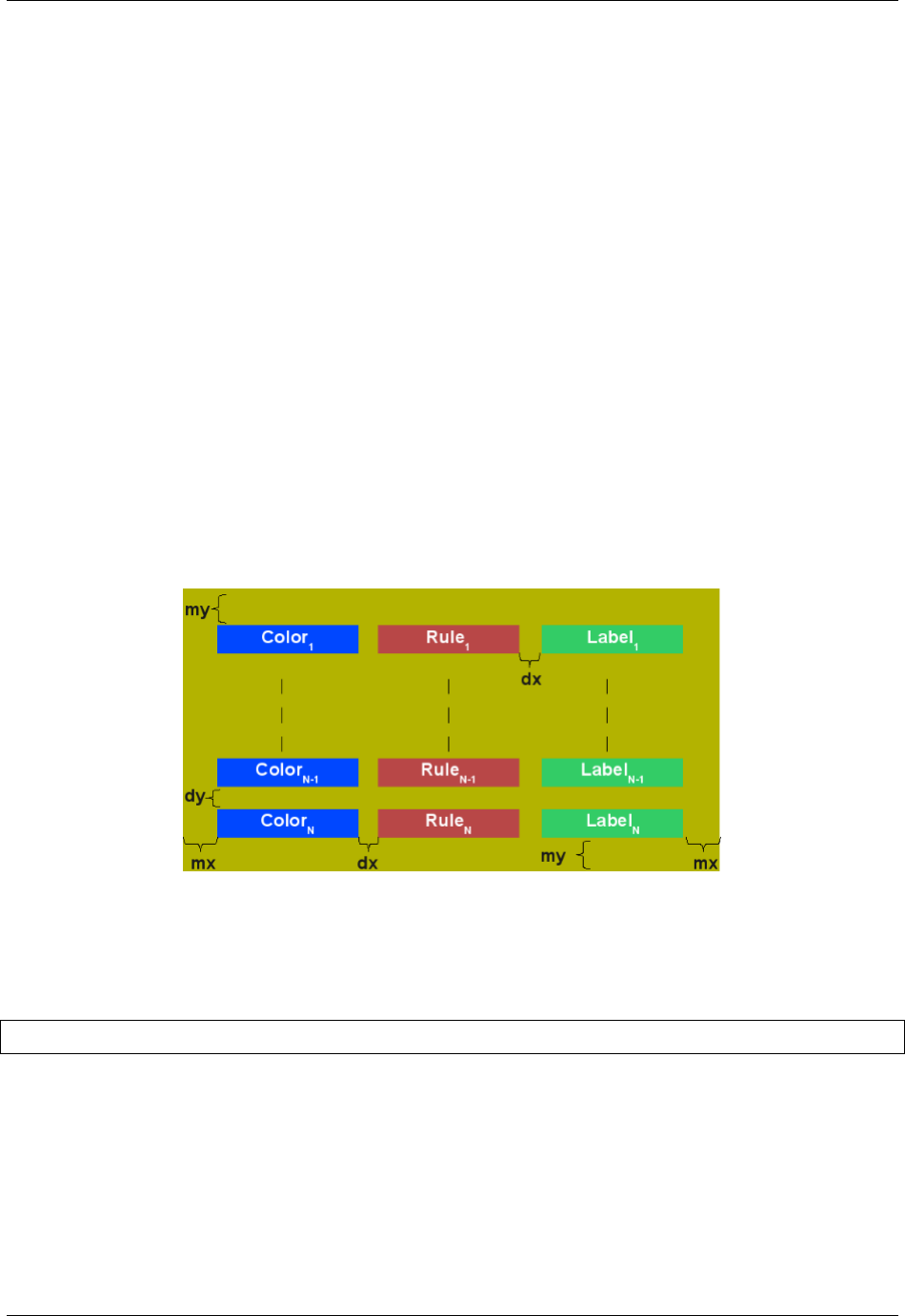
GeoServer User Manual, Release 2.15.1
Multi column or multi row layouts are possible, and are controlled by the columnheight / rowwidth options
(to limit each column / row size) or by the columns / rows options (to fix the # of columns / rows to be
used).
Both columnheight / columns and rowwidth / rows can be used to limit the whole size of the produced
image (some icons are skipped id they do not fit into the given limits).
In addition, orientation of legends in a layergroup can be configured using the grouplayout option.
Raster Legends Explained
This chapter aim to briefly describe the work that I have performed in order to support legends for raster
data that draw information taken from the various bits of the SLD 1.0 RasterSymbolizer element. Recall,
that up to now there was no way to create legends for raster data, therefore we have tried to fill the gap
by providing an implementation of the getLegendGraphic request that would work with the ColorMap
element of the SLD 1.0 RasterSymbolizer. Notice that some “debug” info about the style, like colormap
type and band used are printed out as well.
What’s a raster legend
Here below I have drawn the structure of a typical legend, where some elements of interests are parame-
terized.
Fig. 7.7: The structure of a typical legend
Take as an instance one of the SLD files attached to this page, each row in the above table draws its essence
from the ColorMapEntry element as shown here below:
<ColorMapEntry color="#732600" quantity="9888" opacity="1.0" label="<-70 mm"/>
The producer for the raster legend will make use of this elements in order to build the legend, with this
regards, notice that:
• the width of the Color element is driven by the requested width for the GetLegendGraphic request
• the width and height of label and rules is computed accordingly to the used Font and Font size for
the prepared text (no new line management for the moment)
• the height of the Color element is driven by the requested width for the GetLegendGraphic request,
but notice that for ramps we expand this a little since the goal is to turn the various Color elements
into a single long strip
7.1. Web Map Service (WMS) 1099
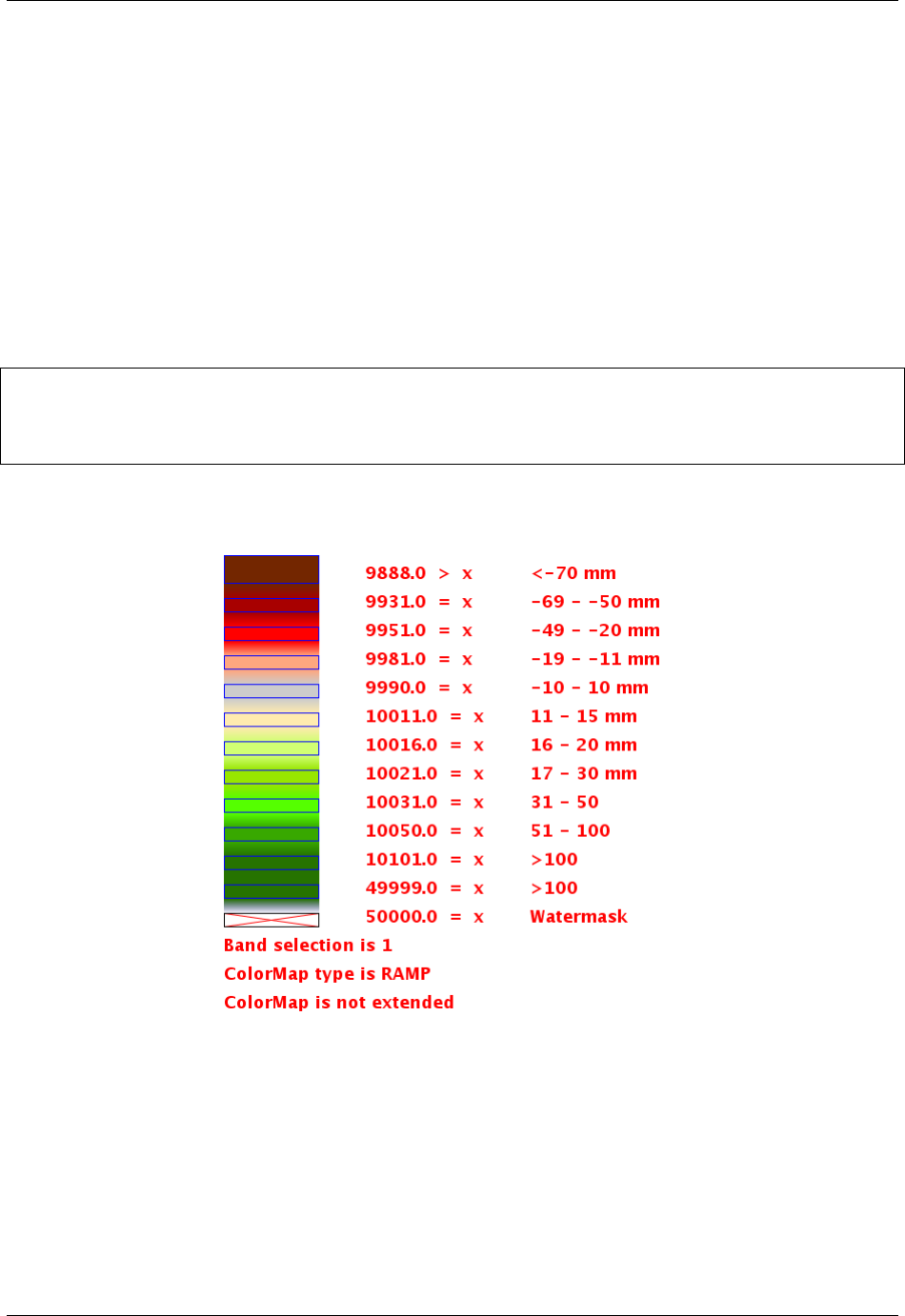
GeoServer User Manual, Release 2.15.1
• the height of each row is set to the maximum height of the single elements
• the width of each row is set to the sum of the width of the various elements plus the various paddings
•dx,dy the spaces between elements and rows are set to the 15% of the requested width and height.
Notice that dy is ignored for the colormaps of type ramp since they must create a continuous color
strip.
•absoluteMargins true/false, used to change the uom of dx from percentage (when false) to a fixed
number of pixels (when true).
•mx,my the margins from the border of the legends are set to the 1.5% of the total size of the legend
Just to jump right to the conclusions (which is a bad practice I know, but no one is perfect ), here below I
am adding an image of a sample legend with all the various options at work. The request that generated it
is the following:
http://localhost:8081/geoserver/wms?REQUEST=GetLegendGraphic&VERSION=1.0.0&
,→FORMAT=image/png&WIDTH=100&HEIGHT=20&LAYER=it.geosolutions:di08031_da&LEGEND_
,→OPTIONS=forceRule:True;dx:0.2;dy:0.2;mx:0.2;my:0.2;fontStyle:bold;
,→borderColor:0000ff;border:true;fontColor:ff0000;fontSize:18
Do not worry if it seems like something written in ancient dead language, I am going to explain the various
params here below.
Fig. 7.8: Example of a raster legend
Raster legends’ types
As you may know (well, actually you might not since I never wrote any real docs about the RasterSymbol-
izer work I did) GeoServer supports three types of ColorMaps:
•ramp this is what SLD 1.0 dictates, which means a linear interpolation weighted on values between
the colors of the various ColorMapEntries.
1100 Chapter 7. Services
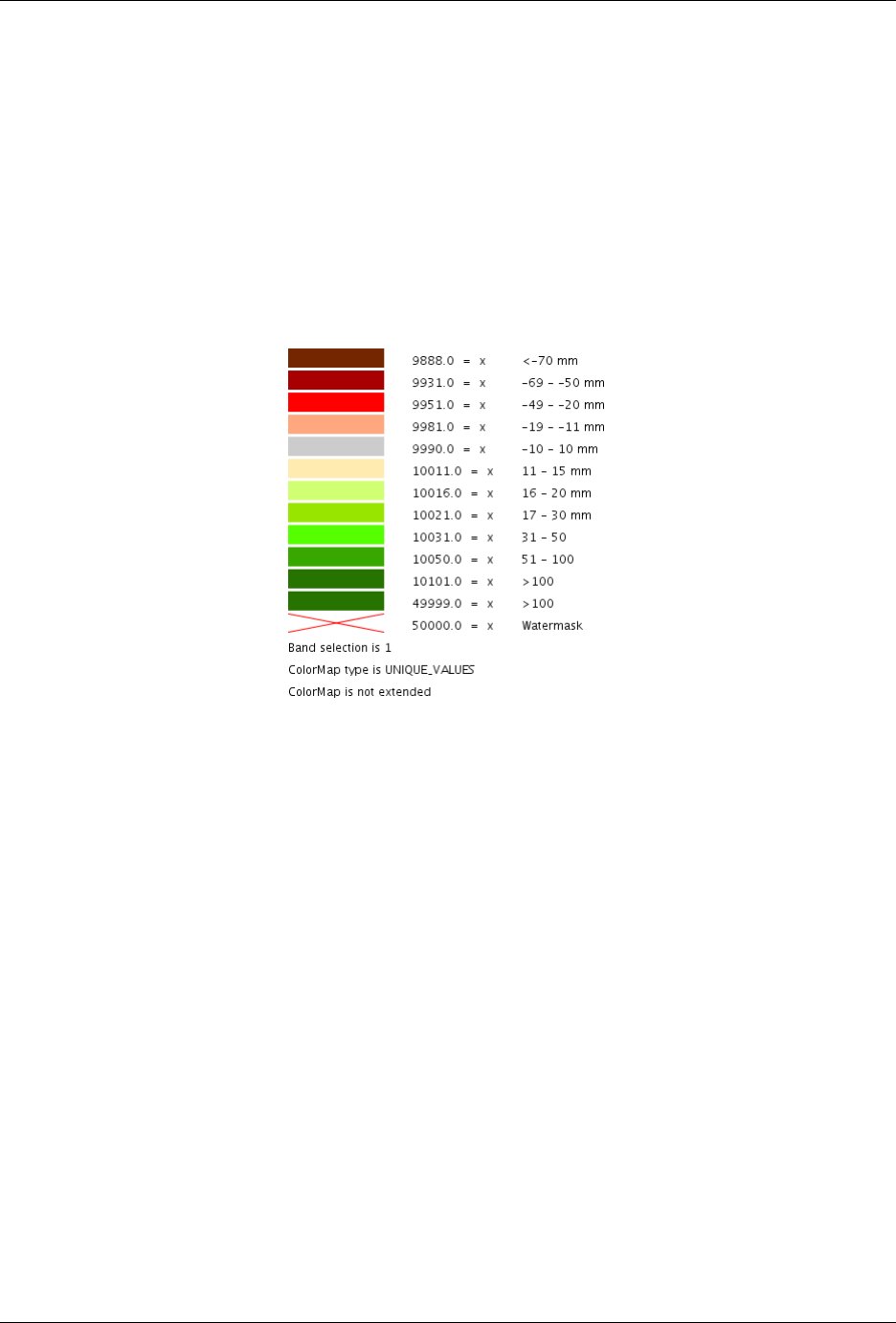
GeoServer User Manual, Release 2.15.1
•values this is an extensions that allows link quantities to colors as specified by the ColorMapEntries
quantities. Values not specified are translated into transparent pixels.
•classes this is an extensions that allows pure classifications based o intervals created from the Col-
orMapEntries quantities. Values not specified are translated into transparent pixels.
Here below I am going to list various examples that use the attached styles on a rainfall floating point
geotiff.
ColorMap type is VALUES
Refer to the SLD rainfall.sld in attachment.
Fig. 7.9: Raster legend - VALUES type
ColorMap type is CLASSES
Refer to the SLD rainfall_classes.sld in attachment.
ColorMap type is RAMP
Refer to the SLD rainfall_classes.sld in attachment. Notice that the first legend show the default border
behavior while the second has been force to draw a border for the breakpoint color of the the colormap
entry quantity described by the rendered text. Notice that each color element has a part that show the fixed
color from the colormap entry it depicts (the lowest part of it, the one that has been outlined by the border
in the second legend below) while the upper part of the element has a gradient that connects each element
to the previous one to point out the fact that we are using linear interpolation.
The various control parameters and how to set them
I am now going to briefly explain the various parameters that we can use to control the layout and content
of the legend. A request that puts all the various options is shown here:
7.1. Web Map Service (WMS) 1101
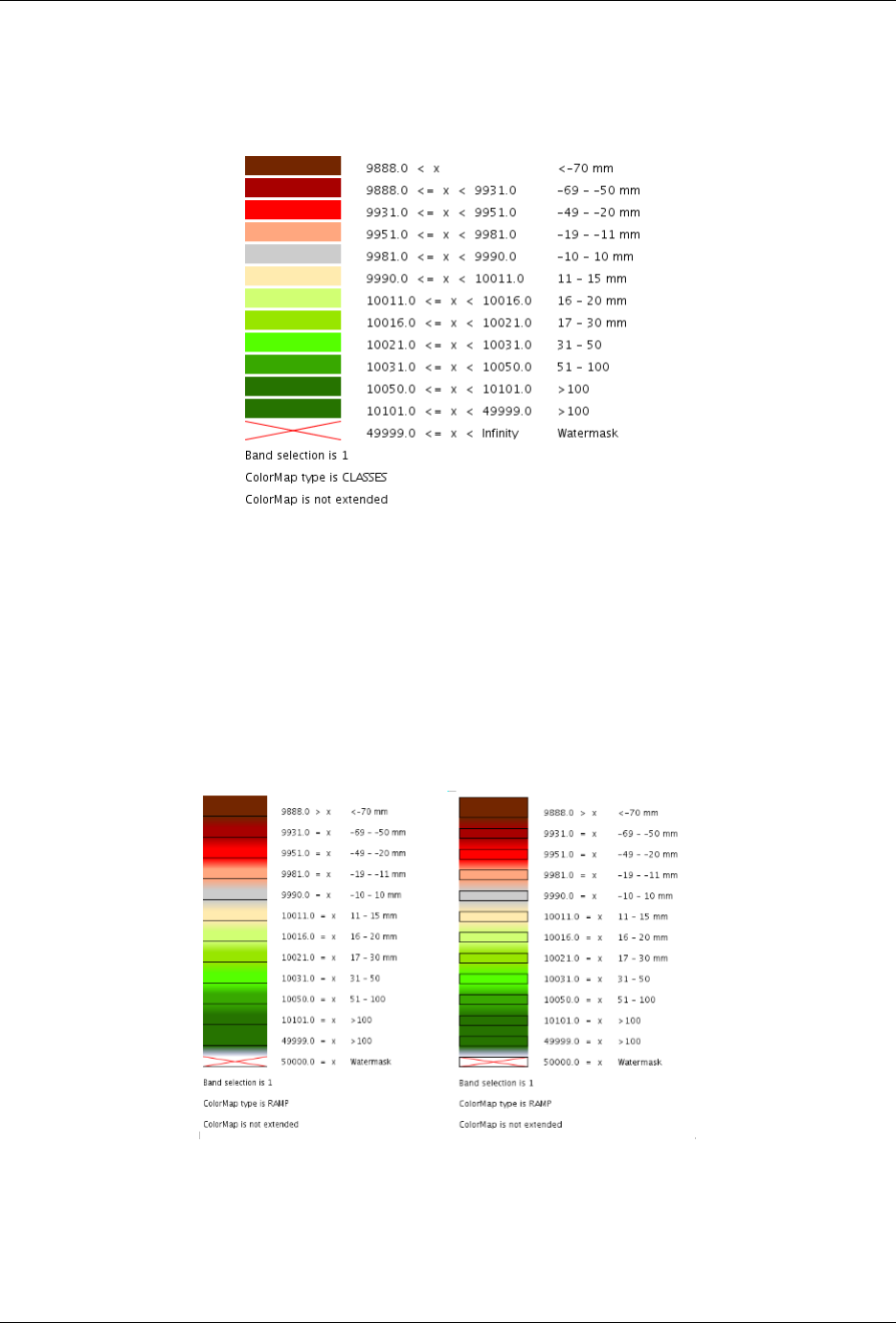
GeoServer User Manual, Release 2.15.1
Fig. 7.10: Raster legend - CLASSES type
Fig. 7.11: Raster legend - RAMP type
1102 Chapter 7. Services
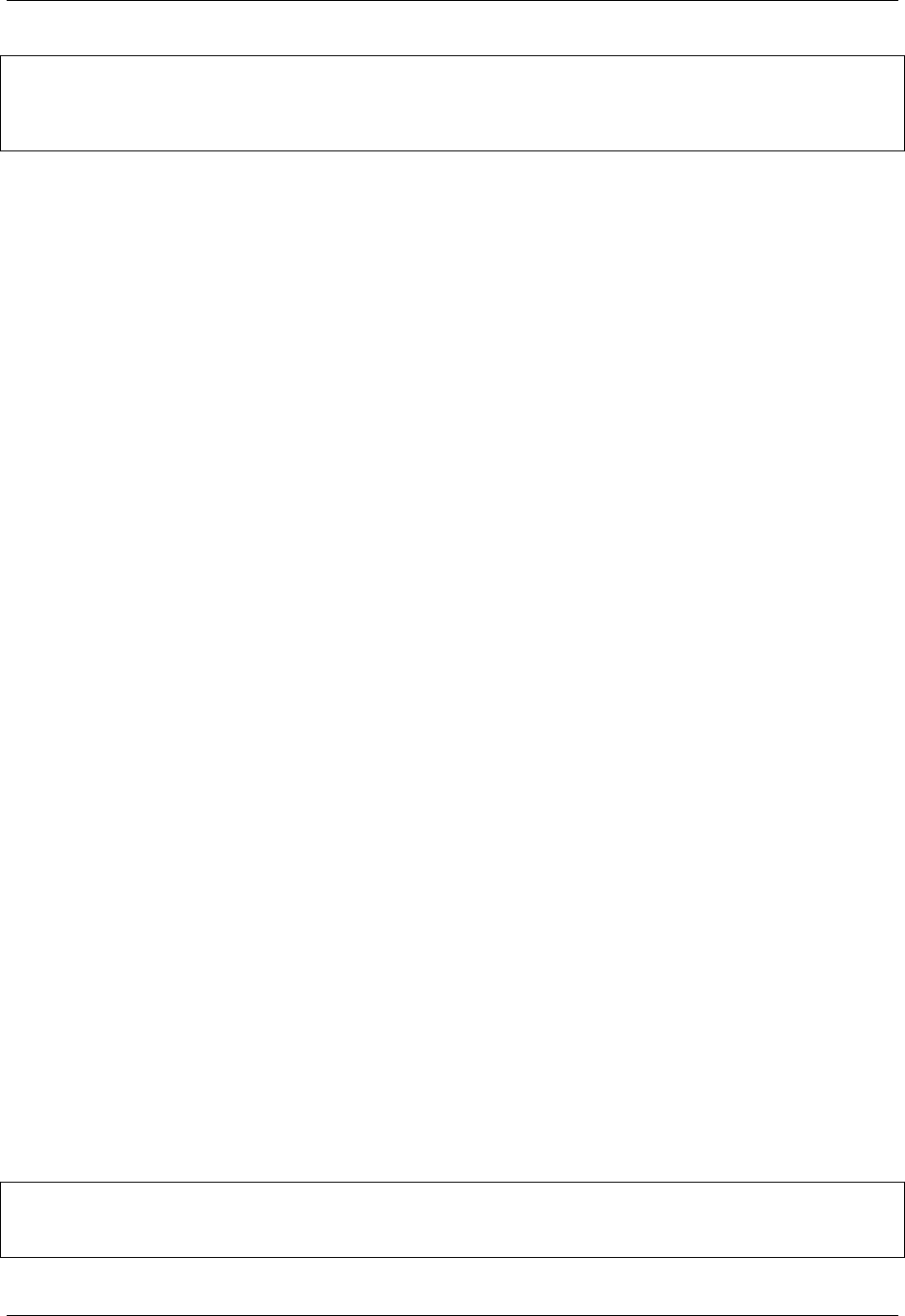
GeoServer User Manual, Release 2.15.1
http://localhost:8081/geoserver/wms?REQUEST=GetLegendGraphic&VERSION=1.0.0&
,→FORMAT=image/png&WIDTH=100&HEIGHT=20&LAYER=it.geosolutions:di08031_da&LEGEND_
,→OPTIONS=forceRule:True;dx:0.2;dy:0.2;mx:0.2;my:0.2;fontStyle:bold;
,→borderColor:0000ff;border:true;fontColor:ff0000;fontSize:18
Let’s now examine all the interesting elements, one by one. Notice that I am not going to discuss the
mechanics of the GetLegendGraphic operation, for that you may want to refer to the SLD 1.0 spec, my goal
is to briefly discuss the LEGEND_OPTIONS parameter.
•forceRule (boolean) by default rules for a ColorMapEntry are not drawn to keep the legend small and
compact, unless there are no labels at all. You can change this behaviour by setting this parameter to
true.
•dx,dy,mx,my (double) can be used to set the margin and the buffers between elements
•border (boolean) activates or deactivates the border on the color elements in order to make the sepa-
rations clearer. Notice that I decided to always have a line that would split the various color elements
for the ramp type of colormap.
•borderColor (hex) allows us to set the color for the border in 0xRRGGBB format
CQL Expressions and ENV
If cql expressions are used in ColorMapEntry attributes (see here) to create a dynamic color map taking
values from ENV, the same ENV parameters used for GetMap can be given to GetLegendGraphic to get the
desired legend entries.
Content dependent legends
GeoServer allows building content dependent legend, that is, legends whose contents depend on the cur-
rently displayed map. In order to support it the GetLegendGraphic call needs the following extra parame-
ters:
• BBOX
• SRS or CRS (depending on the WMS version, SRS for 1.1.1 and CRS for 1.3.0)
• SRCWITH and SRCHEIGHT, the size of the reference map (width and height already have a different
meaning in GetLegendGraphic)
Other parameters can also be added to better match the GetMap request, for exam-
ple, it is recommended to mirror filtering vendor parameters such as, for example,
CQL_FILTER,FILTER,FEATUREID,TIME,ELEVATION.
Content dependent evaluation is enabled via the following LEGEND_OPTIONS parameters:
• countMatched: adds the number of features matching the particular rule at the end of the rule label
(requires visible labels to work). Applicable only to vector layers.
More approaches may be added in future (e.g., making rules that are not matching any feature disappear).
For example, let’s assume the following layout is added to GeoServer (legend.xml to be placed in
GEOSERVER_DATA_DIR/layouts):
<layout>
<decoration type="legend" affinity="top,right" offset="0,0" size="auto"/>
</layout>
7.1. Web Map Service (WMS) 1103
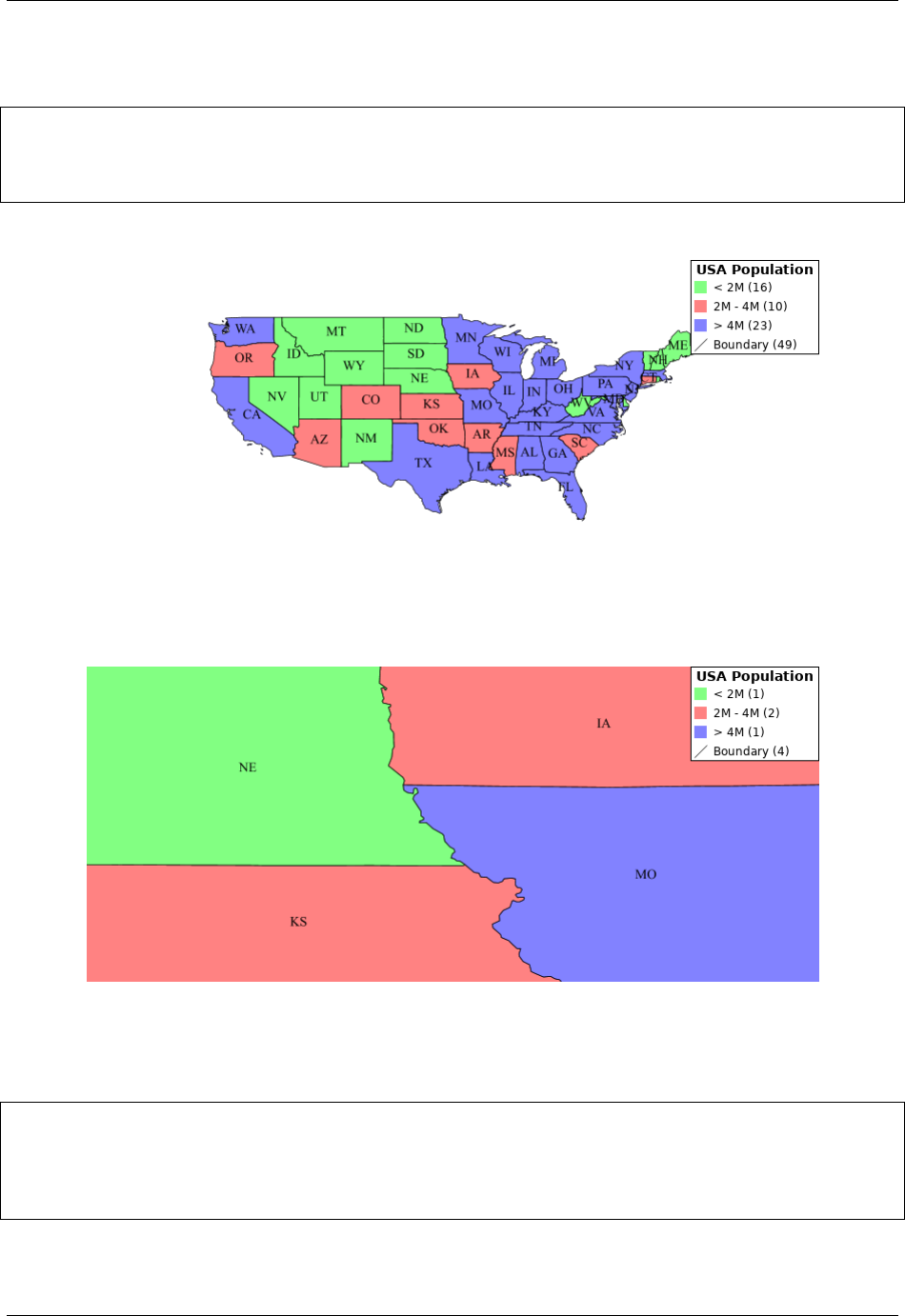
GeoServer User Manual, Release 2.15.1
This will make a legend appear in the GetMap response. The following preview request uses the layout to
embed a legend and activates feature counting in it:
http://localhost:8080/geoserver/topp/wms?service=WMS&version=1.1.0&request=GetMap&
,→layers=topp:states&styles=&bbox=-124.73142200000001,24.955967,-66.969849,49.371735&
,→width=768&height=330&srs=EPSG:4326&format=application/openlayers&format_
,→options=layout:legend&legend_options=countMatched:true;fontAntiAliasing:true
The result will look as follows:
Fig. 7.12: Embedded legend, full map
Fig. 7.13: Embedded legend, four states
The same can be achieved using a stand-alone GetLegendGraphic request:
http://localhost:8080/geoserver/topp/wms?service=WMS&version=1.1.0&
,→request=GetLegendGraphic&width=20&height=20&layer=topp:states&bbox=-124.
,→73142200000001,24.955967,-66.969849,49.371735&srcwidth=768&srcheight=330&
,→srs=EPSG:4326&format=image/png&legend_options=countMatched:true;
,→fontAntiAliasing:true
1104 Chapter 7. Services
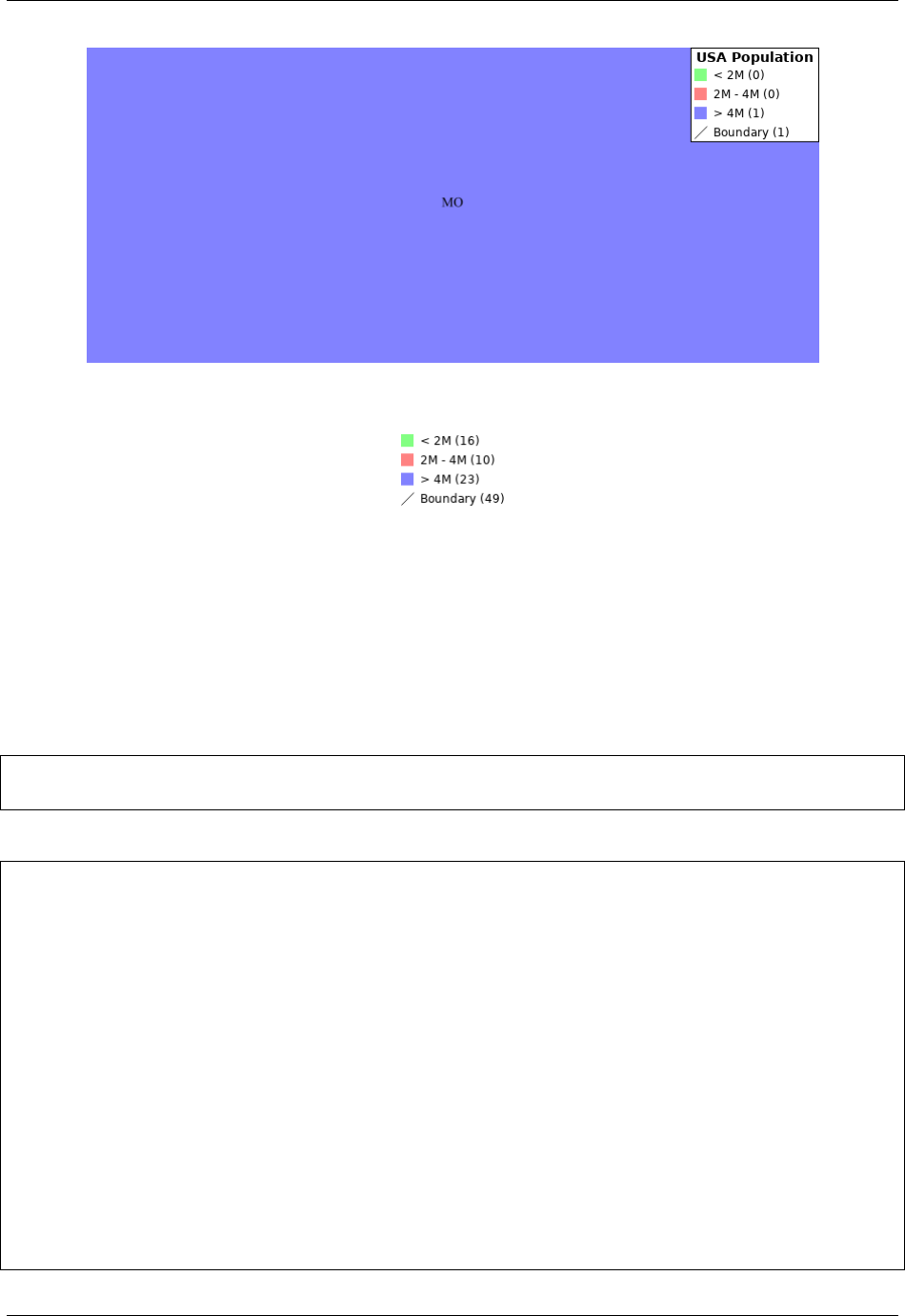
GeoServer User Manual, Release 2.15.1
Fig. 7.14: Embedded legend, single state
Fig. 7.15: Direct legend request
JSON Output Format
Since version 2.15.0 it has been possible to use application/json as an output format in GetLegendGraphic
requests. This allows a JSON aware client to receive a JSON representation of the legend graphic to use for
its own rendering requirements.
A simple http request can be used:
http://localhost:9000/geoserver/wms?service=WMS&version=1.1.0&
,→request=GetLegendGraphic&layer=topp:states&format=application/json
Which returns a JSON response:
{"Legend": [{
"layerName":"states",
"title":"USA Population",
"rules": [
{
"title":"< 2M",
"filter":"[PERSONS < '2000000']",
"symbolizers": [{"Polygon": {
"fill":"#4DFF4D",
"fill-opacity":"0.7"
}}]
},
{
"title":"2M - 4M",
"filter":"[PERSONS BETWEEN '2000000' AND '4000000']",
"symbolizers": [{"Polygon": {
"fill":"#FF4D4D",
"fill-opacity":"0.7"
}}]
7.1. Web Map Service (WMS) 1105

GeoServer User Manual, Release 2.15.1
},
{
"title":"> 4M",
"filter":"[PERSONS > '4000000']",
"symbolizers": [{"Polygon": {
"fill":"#4D4DFF",
"fill-opacity":"0.7"
}}]
},
{
"title":"Boundary",
"symbolizers": [
{"Line": {
"stroke":"#000000",
"stroke-width":"0.2",
"stroke-opacity":"1",
"stroke-linecap":"butt",
"stroke-linejoin":"miter"
}},
{"Text": {
"label":"[STATE_ABBR]",
"fonts": [ {
"font-family": ["Times New Roman"],
"font-style":"Normal",
"font-weight":"normal",
"font-size":"14"
}],
"label-placement": {
"x-anchor":"0.5",
"y-anchor":"0.5",
"rotation":"0.0"
}
}}
]
}
]
}]}
This JSON contains an array of Legends (one for each layer requested) and each legend contains some meta-
data about the legend and an array of rule objects for each rule with in the feature type of the style. Each
rule contains the metadata associated with the rule, any filter element and an array of symbolizer
objects.
Filters and Expressions
Filters are encoded using ECQL, a rule with an ElseFilter has an element “ElseFilter” set to the value “true”.
Expressions are also encoded in ECQL (wrapped in []) when encountered in the style.
Symbolizers
• PointSymbolizer
A point symbolizer will be represented as a series of elements containing metadata and an array
of graphics symbols (see here) , these can be well known marks or external graphics. The point
1106 Chapter 7. Services
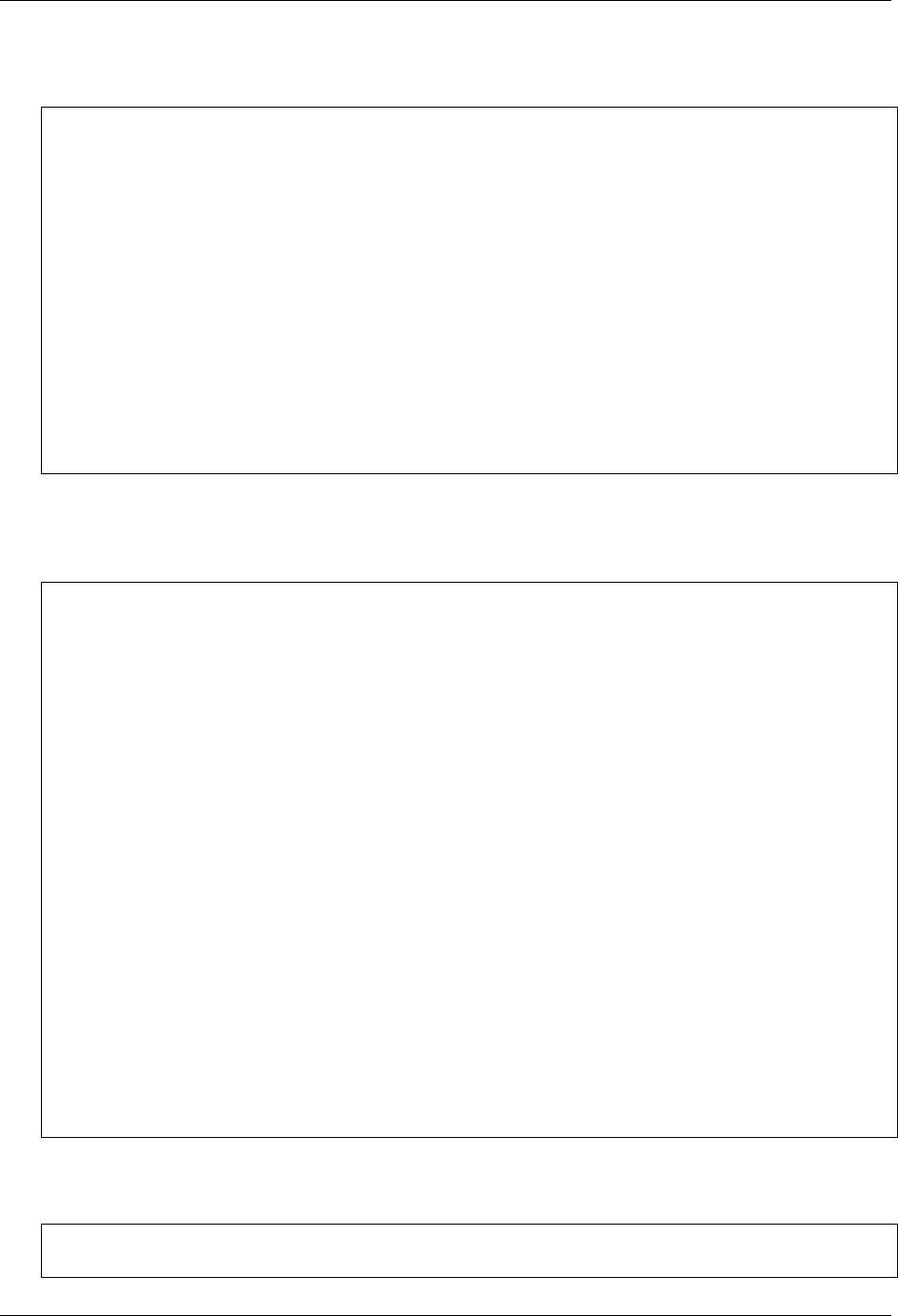
GeoServer User Manual, Release 2.15.1
symbolizer also provides an “url” element which allows a client to make a request back to GeoServer
to fetch a png image of the point symbol.
{"Point": {
"title":"title",
"abstract":"abstract",
"url":"http://localhost:9000/geoserver/kml/icon/capitals?0.0.0=",
"size":"6",
"opacity":"1.0",
"rotation":"0.0",
"graphics": [ {
"mark":"circle",
"fill":"#FFFFFF",
"fill-opacity":"1.0",
"stroke":"#000000",
"stroke-width":"2",
"stroke-opacity":"1",
"stroke-linecap":"butt",
"stroke-linejoin":"miter"
}]}}
• LineSymbolizer
A line symbolizer is represented as a list of metadata elements and the stroke parameters, it is possible
for there to be a graphic-stroke element too.
{"Line": {
"stroke":"#AA3333",
"stroke-width":"2",
"stroke-opacity":"1",
"stroke-linecap":"butt",
"stroke-linejoin":"miter"
}}
{"Line": {
"graphic-stroke": {
"url":"http://local-test:8080/geoserver/kml/icon/Default Styler",
"size":"6",
"opacity":"0.4",
"rotation":"[(rotation*-1)]",
"graphics": [ {
"mark":"square",
"fill":"#FFFF00",
"fill-opacity":"1.0"
}]
},
"stroke-opacity":"1",
"stroke-linecap":"butt",
"stroke-linejoin":"miter",
"perpendicular-offset":"10"
}}
• PolygonSymbolizer
A polygon symbolizer contains stroke parameters and fill parameters.
{"Polygon": {
"stroke":"#000000",
7.1. Web Map Service (WMS) 1107
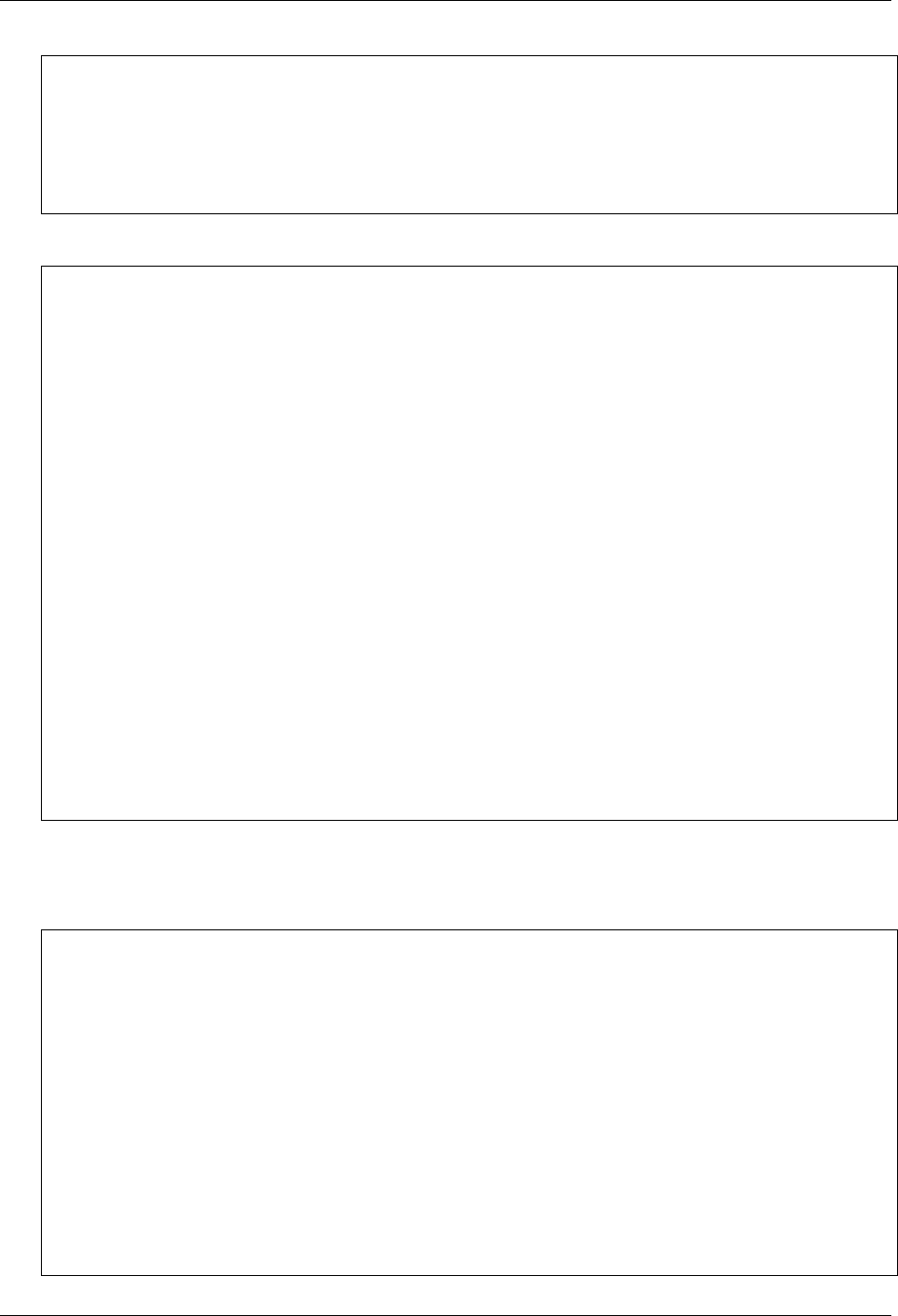
GeoServer User Manual, Release 2.15.1
"stroke-width":"0.5",
"stroke-opacity":"1",
"stroke-linecap":"butt",
"stroke-linejoin":"miter",
"fill":"#0099CC",
"fill-opacity":"1.0"
}}
Or a graphic stroke and/or a graphic fill (as described above).
{"Polygon": {
"graphic-stroke": {
"url":"http://local-test:8080/geoserver/kml/icon/Default Styler",
"size":"6",
"opacity":"0.4",
"rotation":"[(rotation*-1)]",
"graphics": [ {
"mark":"square",
"fill":"#FFFF00",
"fill-opacity":"1.0"
}]
},
"stroke-opacity":"1",
"stroke-linecap":"butt",
"stroke-linejoin":"miter",
"graphic-fill": {
"url":"http://local-test:8080/geoserver/kml/icon/Default Styler",
"size":"4",
"opacity":"0.4",
"rotation":"[(rotation*-1)]",
"graphics": [ {
"mark":"circle",
"fill":"#FFFFFF",
"fill-opacity":"1.0"
}]
}}}
• RasterSymbolizer
Raster symbolizers contain a colormap with an array of entries, each entry contains a label,
quantity and color element.
{"Raster": {
"colormap": {
"entries": [
{
"label":"values",
"quantity":"0",
"color":"#AAFFAA"
},
{
"quantity":"1000",
"color":"#00FF00"
},
{
"label":"values",
"quantity":"1200",
"color":"#FFFF00"
1108 Chapter 7. Services
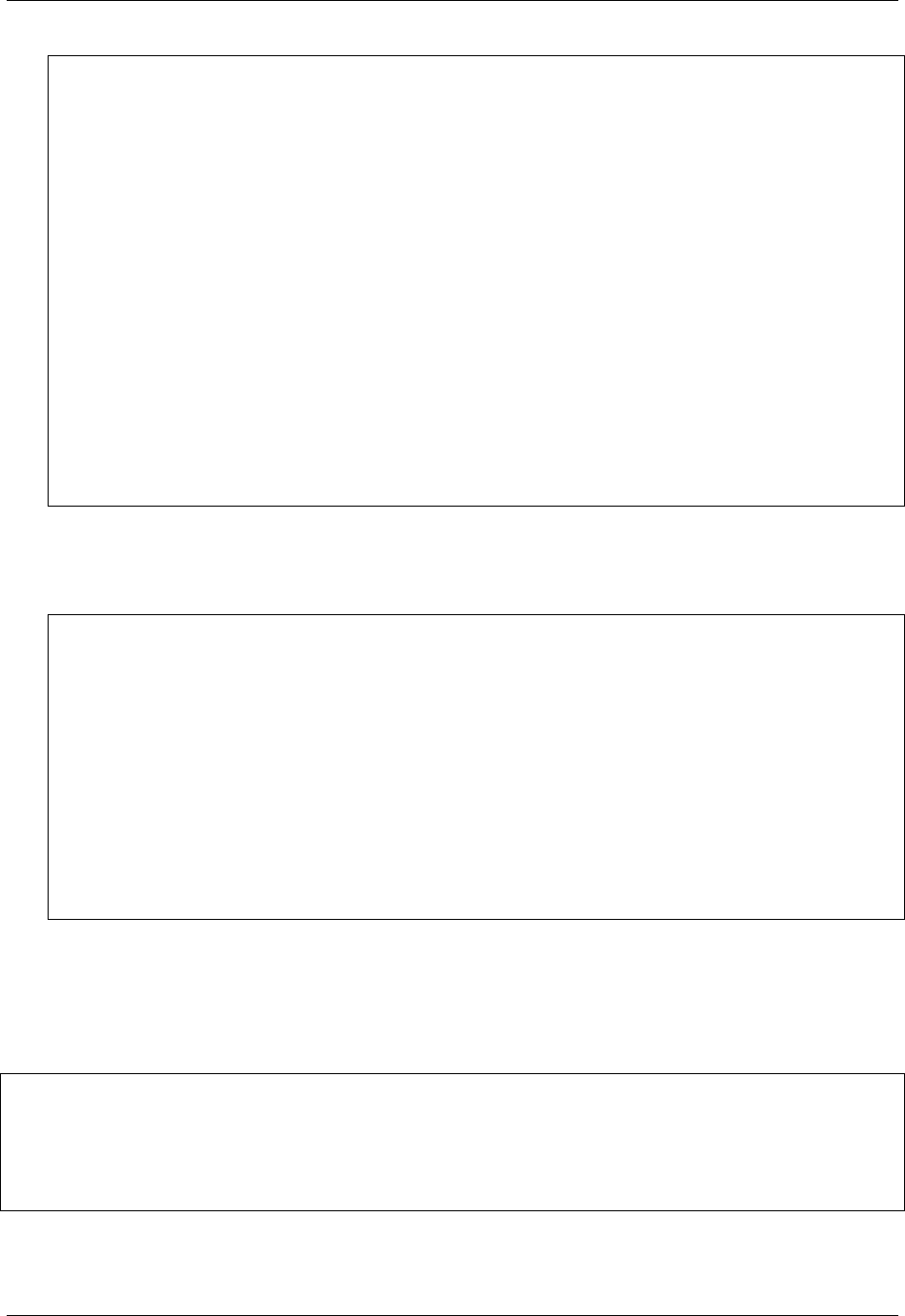
GeoServer User Manual, Release 2.15.1
},
{
"label":"values",
"quantity":"1400",
"color":"#FF7F00"
},
{
"label":"values",
"quantity":"1600",
"color":"#BF7F3F"
},
{
"label":"values",
"quantity":"2000",
"color":"#000000"
}
],
"type":"ramp"
},
"opacity":"1.0"
}}
• TextSymbolizer
A text symbolizer contains a label expression, followed by an array of fonts and a
label-placement object containing details of how the label is placed.
{"Text": {
"label":"[STATE_ABBR]",
"fonts": [ {
"font-family": ["Times New Roman"],
"font-style":"Normal",
"font-weight":"normal",
"font-size":"14"
}],
"label-placement": {
"x-anchor":"0.5",
"y-anchor":"0.5",
"rotation":"0.0"
}
}}
Vendor Options
In any case where one or more vendor options is included in the symbolizer there will be a
vendor-options element included in the output. This object will include one line for each vendor option.
"vendor-options": {
"labelAllGroup":"true",
"spaceAround":"10",
"followLine":"true",
"autoWrap":"50"
}
7.1. Web Map Service (WMS) 1109
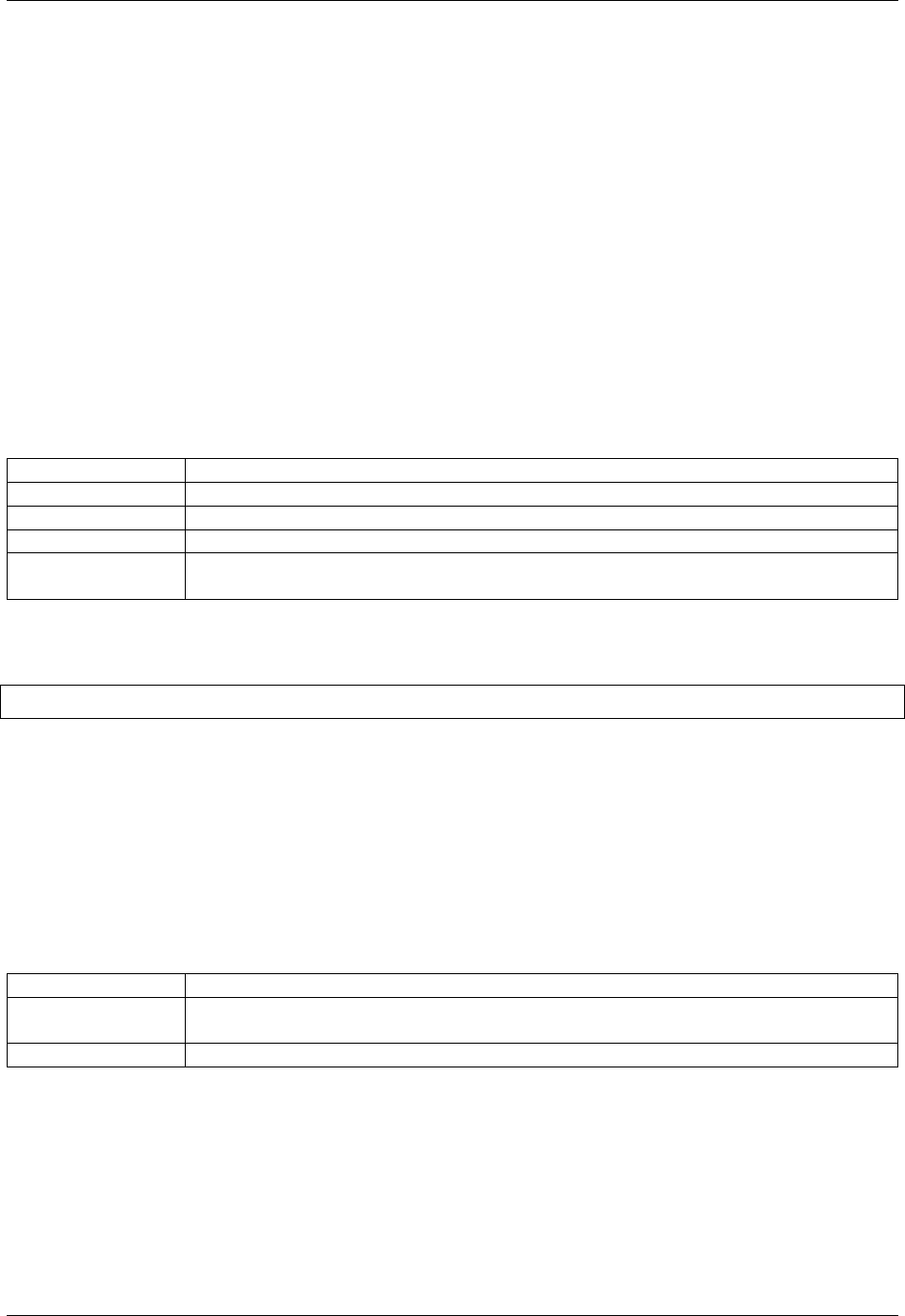
GeoServer User Manual, Release 2.15.1
7.1.11 WMS Decorations
WMS Decorations provide a framework for visually annotating images from WMS with absolute, rather
than spatial, positioning. Examples of decorations include compasses, legends, and watermarks.
Configuration
To use decorations in a GetMap request, the administrator must first configure a decoration layout. These
layouts are stored in a subdirectory called layouts in the GeoServer data directory as XML files, one file
per layout. Each layout file must have the extension .xml. Once a layout foo.xml is defined, users can
request it by adding &format_options=layout:foo to the request parameters.
Layout files follow a very simple XML structure; a root node named layout containing any number of
decoration elements. The order of the decoration elements is the order they are drawn so, in case they are
overlapping, the first one will appear under the others.
Each decoration element has several attributes:
Attribute Meaning
type the type of decoration to use (see Decoration Types)
affinity the region of the map image to which the decoration is anchored
offset how far from the anchor point the decoration is drawn
size the maximum size to render the decoration. Note that some decorations may dy-
namically resize themselves.
Each decoration element may also contain an arbitrary number of option elements providing a parameter
name and value:
<option name="foo" value="bar"/>
Option interpretation depends on the type of decoration in use.
Decoration Types
While GeoServer allows for decorations to be added via extension, there is a core set of decorations included
in the default installation. These decorations include:
The image decoration (type="image") overlays a static image file onto the document. If height and width
are specified, the image will be scaled to fit, otherwise the image is displayed at full size.
Option Name Meaning
url provides the URL or file path to the image to draw (relative to the GeoServer data
directory)
opacity a number from 0 to 100 indicating how opaque the image should be.
The scaleratio decoration (type="scaleratio") overlays a text description of the map’s scale ratio onto
the document.
1110 Chapter 7. Services
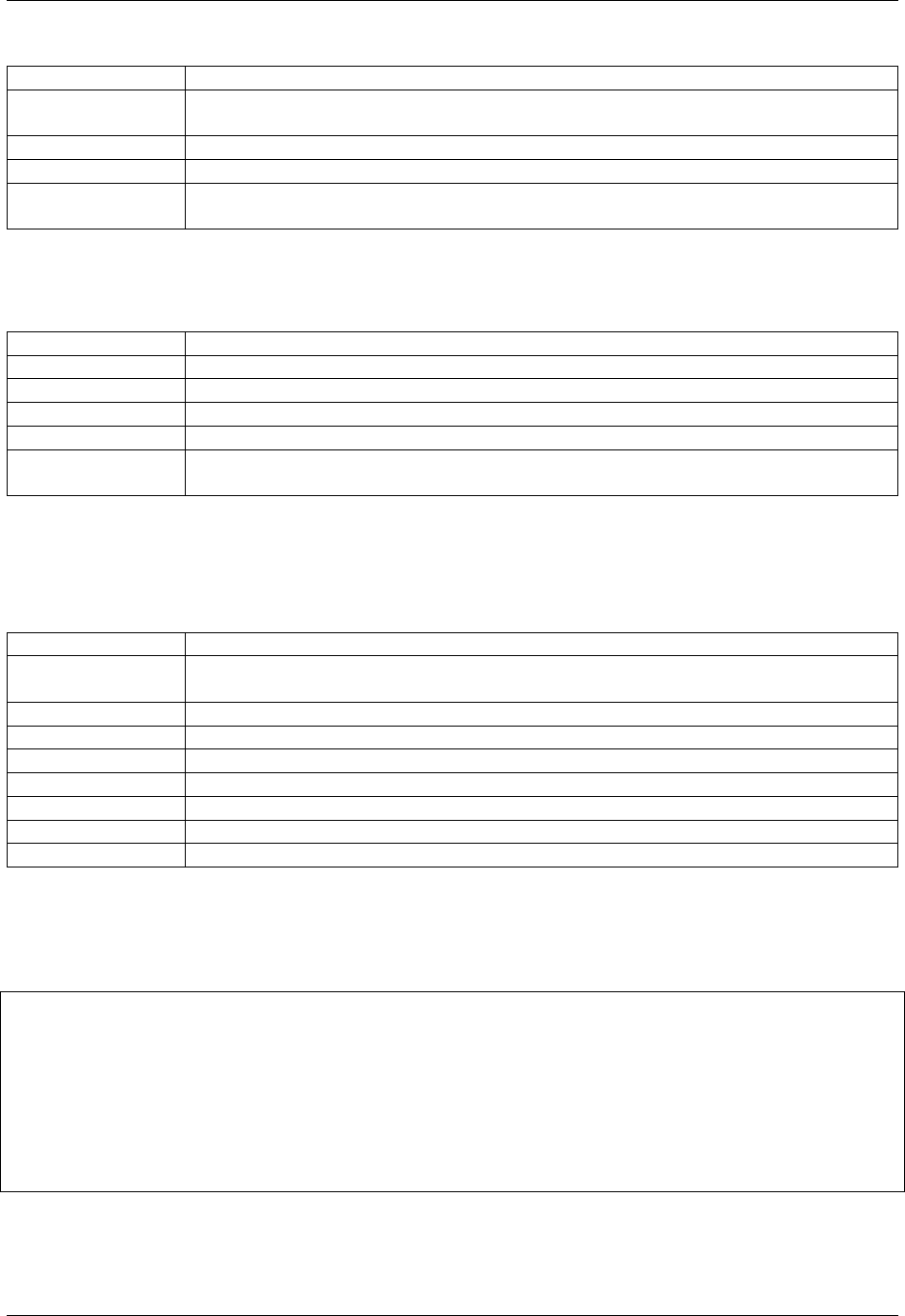
GeoServer User Manual, Release 2.15.1
Option Name Meaning
bgcolor the background color for the text. supports RGB or RGBA colors specified as hex
values.
fgcolor the color for the text and border. follows the color specification from bgcolor.
format the number format pattern, specified using Java own DecimalFormat syntax
formatLanguage the language used to drive number formatting (applies only if also format is
used), using a valid Java Locale
The scaleline decoration (type="scaleline") overlays a graphic showing the scale of the map in world
units.
Option Name Meaning
bgcolor the background color, as used in scaleratio
fgcolor the foreground color, as used in scaleratio
fontsize the size of the font to use
transparent if set to true, the background and border won’t be painted (false by default)
measurement-system"can be set to “metric” to only show metric units, “imperial” to only show imperial
units, or “both” to show both of them (default)
The legend decoration (type="legend") overlays a graphic containing legends for the layers in the map.
The text decoration (type="text") overlays a parametric, single line text message on top of the map. The
parameter values can be fed via the the env request parameter, just like SLD enviroment parameters.
Option Name Meaning
message the message to be displayed, as plain text or Freemarker template that can use the
env map contents to expand variables
font-family the name of the font used to display the message, e.g., Arial, defaults to Serif
font-size the size of the font to use (can have decimals), defaults to 12
font-italic it true the font will be italic, defaults to false
font-bold if true the font will be bold, defaults to false
font-color the color of the message, in #RRGGBB or #RRGGBBAA format, defaults to black
halo-radius the radius of a halo around the message, can have decimals, defaults to 0
halo-color the halo fill color, in #RRGGBB or #RRGGBBAA format, defaults to white
Example
A layout configuration file might look like this:
<layout>
<decoration type="image" affinity="bottom,right" offset="6,6" size="80,31">
<option name="url" value="pbGS_80x31glow.png"/>
</decoration>
<decoration type="scaleline" affinity="bottom,left" offset="36,6"/>
<decoration type="legend" affinity="top,left" offset="6,6" size="auto"/>
</layout>
Used against the states layer from the default GeoServer data, this layout produces an image like the fol-
lowing.
7.1. Web Map Service (WMS) 1111
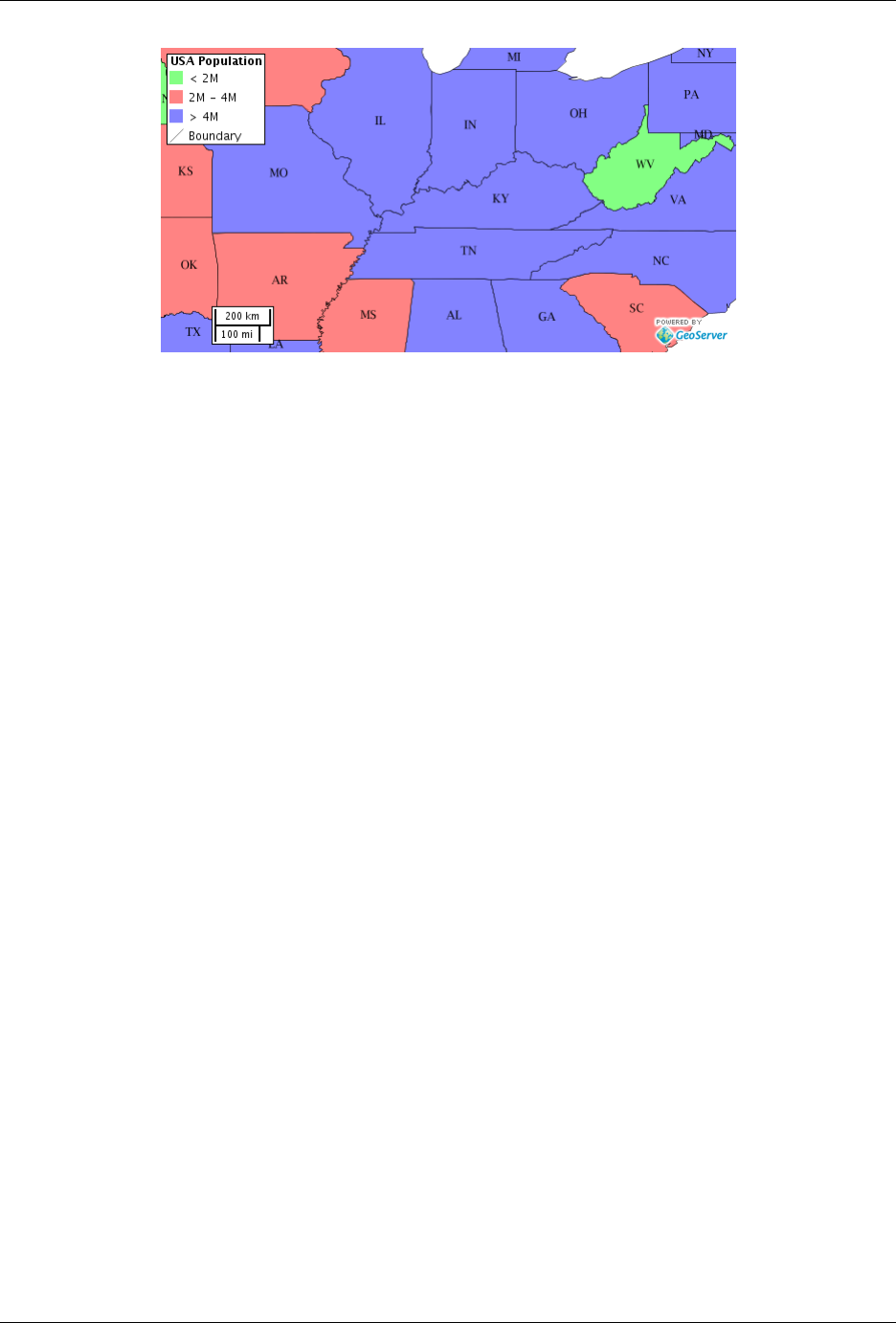
GeoServer User Manual, Release 2.15.1
Fig. 7.16: The default states layer, drawn with the decoration layout above.
7.1.12 Google Earth
This section contains information on Google Earth support in GeoServer.
Google Earth is a 3-D virtual globe program. A free download from Google, it allows the user to virtually
view, pan, and fly around Earth imagery. The imagery on Google Earth is obtained from a variety of sources,
mainly from commercial satellite and aerial photography providers.
Google Earth recognizes a markup language called KML (Keyhole Markup Language) for data exchange.
GeoServer integrates with Google Earth by supporting KML as a native output format. Any data configured
to be served by GeoServer is thus able to take advantage of the full visualization capabilities of Google
Earth.
Overview
Why use GeoServer with Google Earth?
GeoServer is useful when one wants to put a lot of data on to Google Earth. GeoServer automatically
generates KML that can be easily and quickly served and visualized in Google Earth. GeoServer oper-
ates entirely through a Network Link, which allows it to selectively return information for the area being
viewed. With GeoServer as a robust and powerful server and Google Earth providing rich visualizations,
they are a perfect match for sharing your data.
Standards-based implementation
GeoServer supports Google Earth by providing KML as a Web Map Service (WMS) output format. This
means that adding data published by GeoServer is as simple as constructing a standard WMS request and
specifying “application/vnd.google-earth.kml+xml” as the outputFormat. Since generating KML is just
a WMS request, it fully supports Styling via SLD.
See the next section (Quickstart) to view GeoServer and Google Earth in action.
Quickstart
1112 Chapter 7. Services
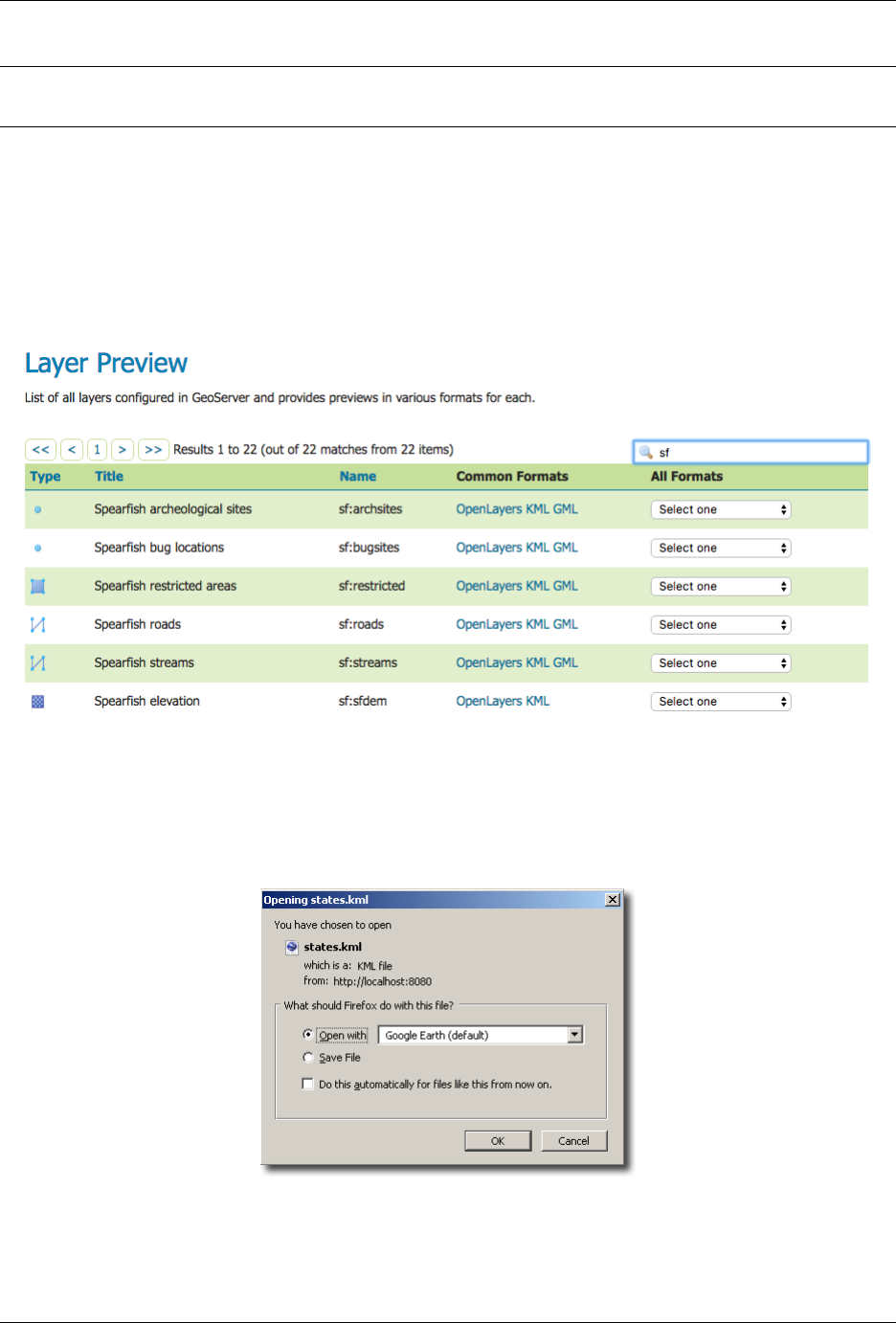
GeoServer User Manual, Release 2.15.1
Note: If you are using GeoServer locally, the GEOSERVER_URL is usually http://localhost:8080/
geoserver
Viewing a layer
Once GeoServer is installed and running, open up a web browser and go to the web admin console (Web
administration interface). Navigate to the Layer Preview by clicking on the Layer Preview link at the bottom
of the left sidebar. You will be presented with a list of the currently configured layers in your GeoServer
instance. Find the row that says topp:states. To the right of the layer click on the link that says KML.
Fig. 7.17: The Map Preview page
If Google Earth is correctly installed on your computer, you will see a dialog asking how to open the file.
Select Open with Google Earth.
Fig. 7.18: Open with Google Earth
7.1. Web Map Service (WMS) 1113
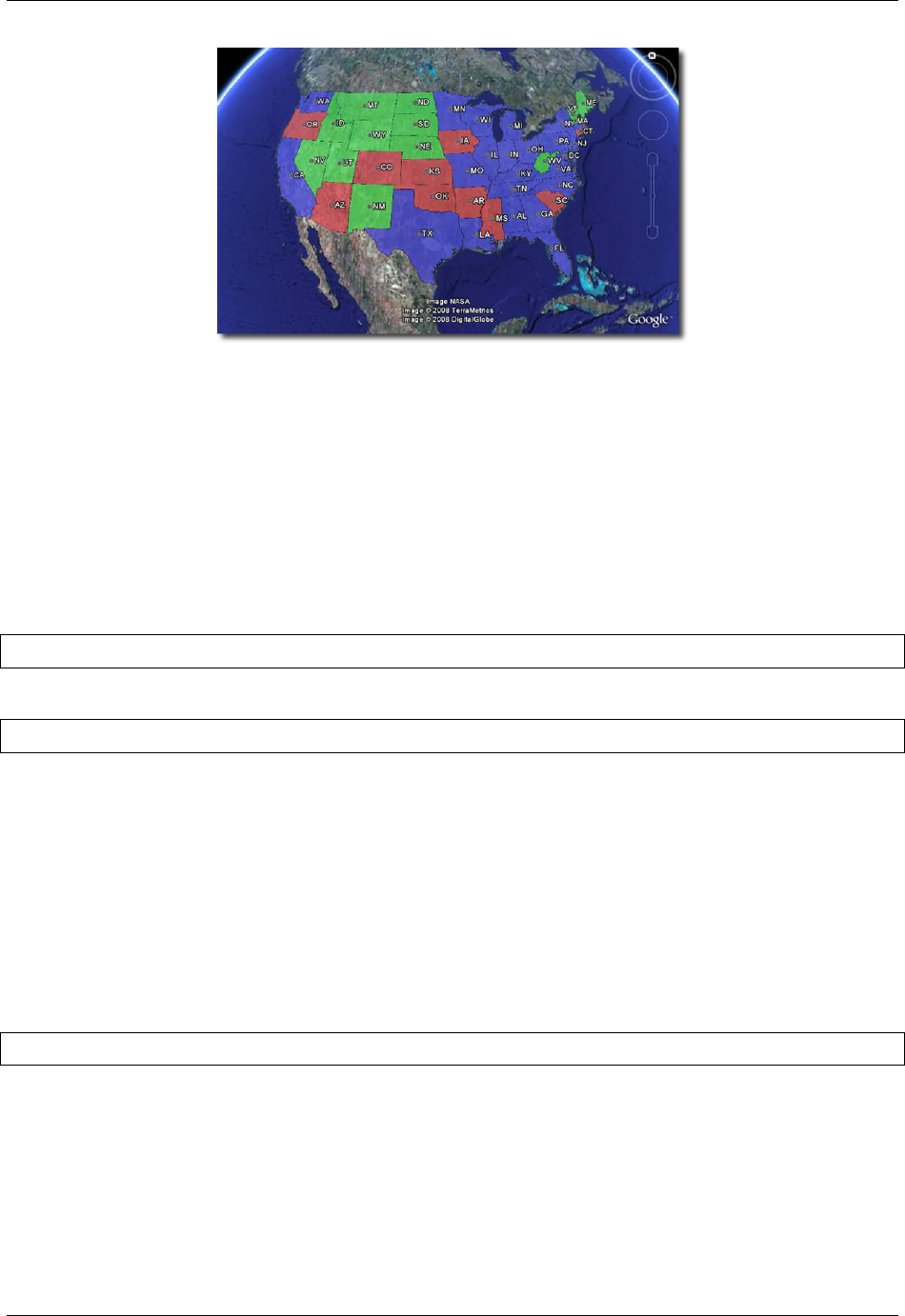
GeoServer User Manual, Release 2.15.1
Fig. 7.19: The topp:states layer rendered in Google Earth
When Google Earth is finished loading the result will be similar to below.
Direct access to KML
All of the configured FeatureTypes are available to be output as KML (and thus loaded into Google Earth).
The URL structure for KMLs is:
http://GEOSERVER_URL/wms/kml?layers=<layername>
For example, the topp:states layer URL is:
http://GEOSERVER_URL/wms/kml?layers=topp:states
Adding a Network Link
An alternative to serving KML directly into Google Earth is to use a Network Link. A Network Link allows
for better integration into Google Earth. For example, using a Network Link enables the user to refresh the
data within Google Earth, without having to retype a URL, or click on links in the GeoServer Map Preview
again.
To add a Network Link, pull down the Add menu, and go to Network Link. The New Network Link
dialog box will appear. Name your layer in the Name field. (This will show up in My Places on the main
Google Earth screen.) Set Link to:
http://GEOSERVER_URL/wms/kml?layers=topp:states
(Don’t forget to replace the GEOSERVER_URL.) Click OK. You can now save this layer in your My Places.
Check out the sections on Tutorials and the KML Styling for more information.
1114 Chapter 7. Services
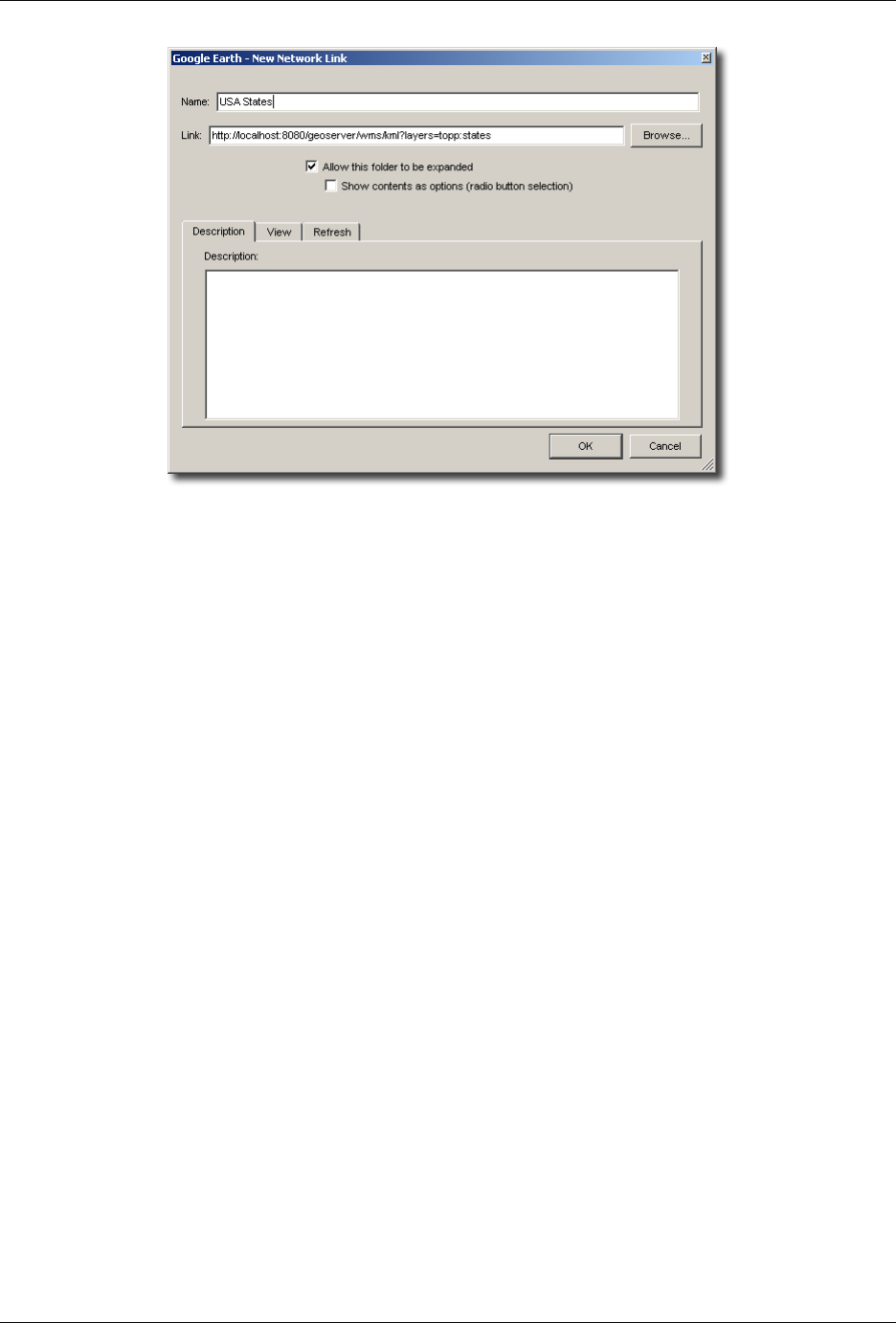
GeoServer User Manual, Release 2.15.1
Fig. 7.20: Adding a network link
KML Styling
Introduction
Keyhole Markup Langauge (KML), when created and output by GeoServer, is styled using Styled Layer
Descriptors (SLD). This is the same approach used to style standard WMS output formats, but is a bit
different from how Google Earth is normally styled, behaving more like Cascading Style Sheets (CSS).
The style of the map is specified in the SLD file as a series of rules, and then the data matching those
rules is styled appropriately in the KML output. For those unfamiliar with SLD, a good place to start
is the Introduction to SLD. The remainder of this guide contains information about how to construct SLD
documents in order to impact the look of KML produced by GeoServer.
Contents
SLD Generation from CSS
Creating SLD by hand
SLD Structure
Points
Lines
Polygons
Text Labels
Descriptions
7.1. Web Map Service (WMS) 1115
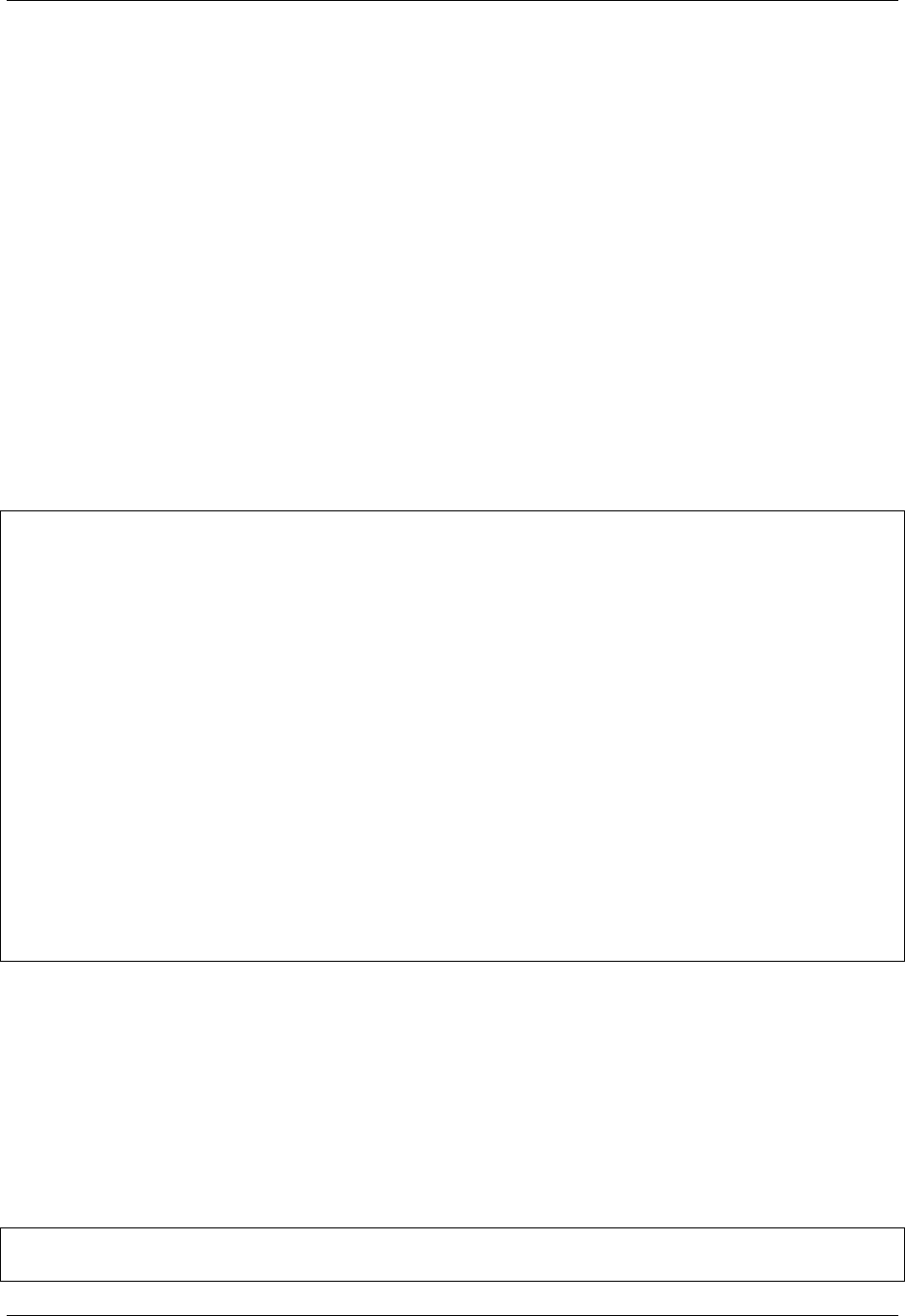
GeoServer User Manual, Release 2.15.1
SLD Generation from CSS
The CSS extension provides the facility to generate SLD files using a lightweight “Cascading Style Sheet”
syntax. The CSS GUI provides a live map preview as you are editing your style in addition to an attribute
reference for the current layer.
The generated styles will work seamlessly with KML output from GeoServer.
Creating SLD by hand
One can edit the SLD files directly instead of using the CSS extension. For the most complete exploration
of editing SLDs see the Styling section. The examples below show how some of the basic styles show up in
Google Earth.
SLD Structure
The following is a skeleton of a SLD document. It can be used as a base on which to expand upon to create
more interesting and complicated styles.
<StyledLayerDescriptor version="1.0.0"
xsi:schemaLocation="http://www.opengis.net/sld StyledLayerDescriptor.xsd"
xmlns="http://www.opengis.net/sld"
xmlns:ogc="http://www.opengis.net/ogc"
xmlns:xlink="http://www.w3.org/1999/xlink"
xmlns:xsi="http://www.w3.org/2001/XMLSchema-instance">
<NamedLayer>
<Name>Default Line</Name>
<UserStyle>
<Title>My Style</Title>
<Abstract>A style</Abstract>
<FeatureTypeStyle>
<Rule>
<!-- symbolizers go here -->
</Rule>
</FeatureTypeStyle>
</UserStyle>
</NamedLayer>
</StyledLayerDescriptor>
Figure 3: Basic SLD structure
In order to test the code snippets in this document, create an SLD with the content as shown in Figure 3,
and then add the specific code you wish to test in the space that says <!-- symbolizers go here -->.
To view, edit, or add SLD files to GeoServer, navigate to Config -> Data -> Styles.
Points
In SLD, styles for points are specified via a PointSymbolizer. An empty PointSymbolizer element will result
in a default KML style:
<PointSymbolizer>
</PointSymbolizer>
1116 Chapter 7. Services
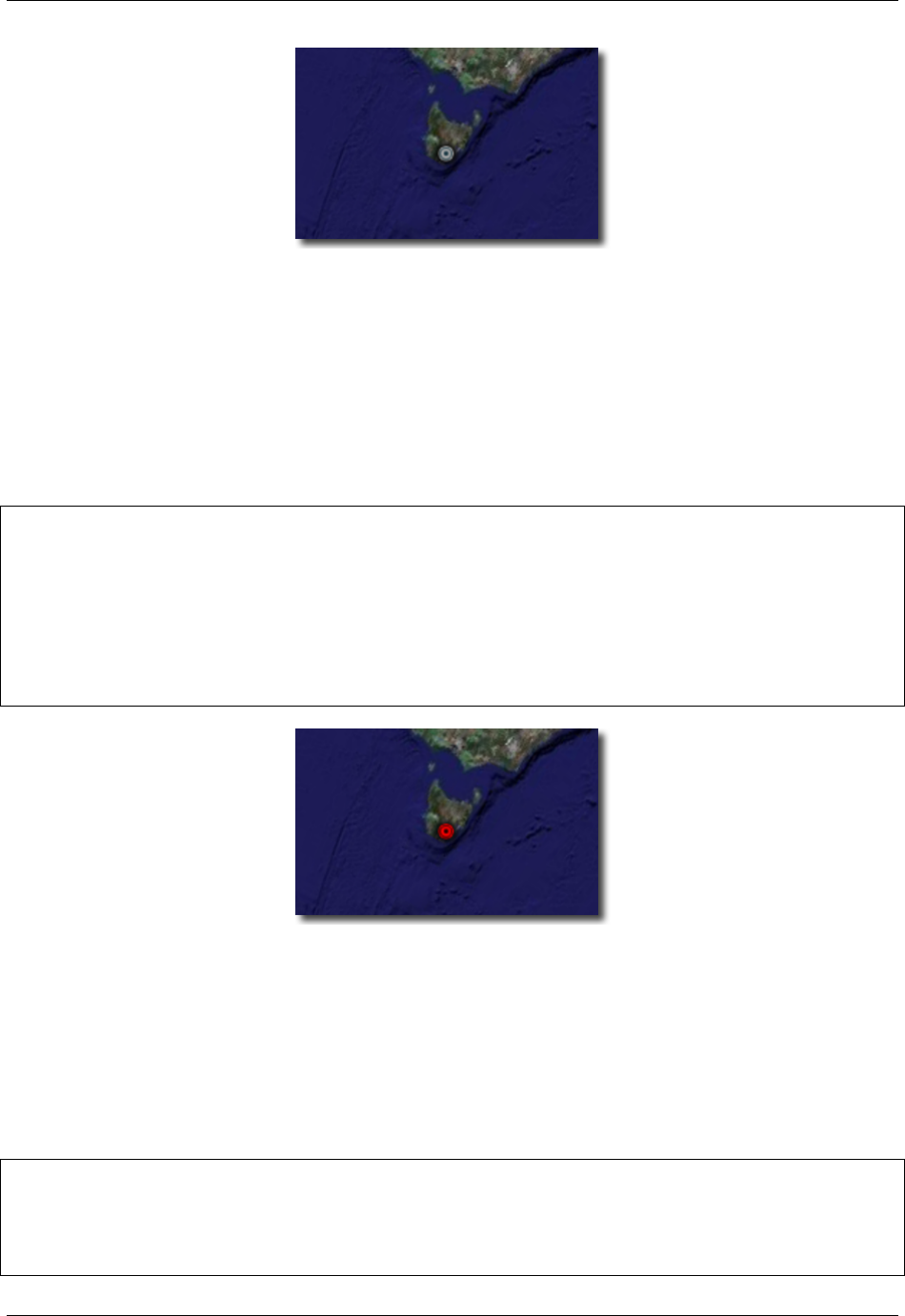
GeoServer User Manual, Release 2.15.1
Fig. 7.21: Figure 4: Default point
Three aspects of points that can be specified are color,opacity, and the icon.
Point Color
The color of a point is specified with a CssParameter element and a fill attribute. The color is specified
as a six digit hexadecimal code.
<PointSymbolizer>
<Graphic>
<Mark>
<Fill>
<CssParameter name="fill">#ff0000</CssParameter>
</Fill>
</Mark>
</Graphic>
</PointSymbolizer>
Fig. 7.22: Figure 5: Setting the point color (#ff0000 = 100% red)
Point Opacity
The opacity of a point is specified with a CssParameter element and a fill-opacity attribute. The opac-
ity is specified as a floating point number between 0and 1, with 0 being completely transparent, and 1
being completely opaque.
<PointSymbolizer>
<Graphic>
<Mark>
<Fill>
<CssParameter name="fill-opacity">0.5</CssParameter>
7.1. Web Map Service (WMS) 1117
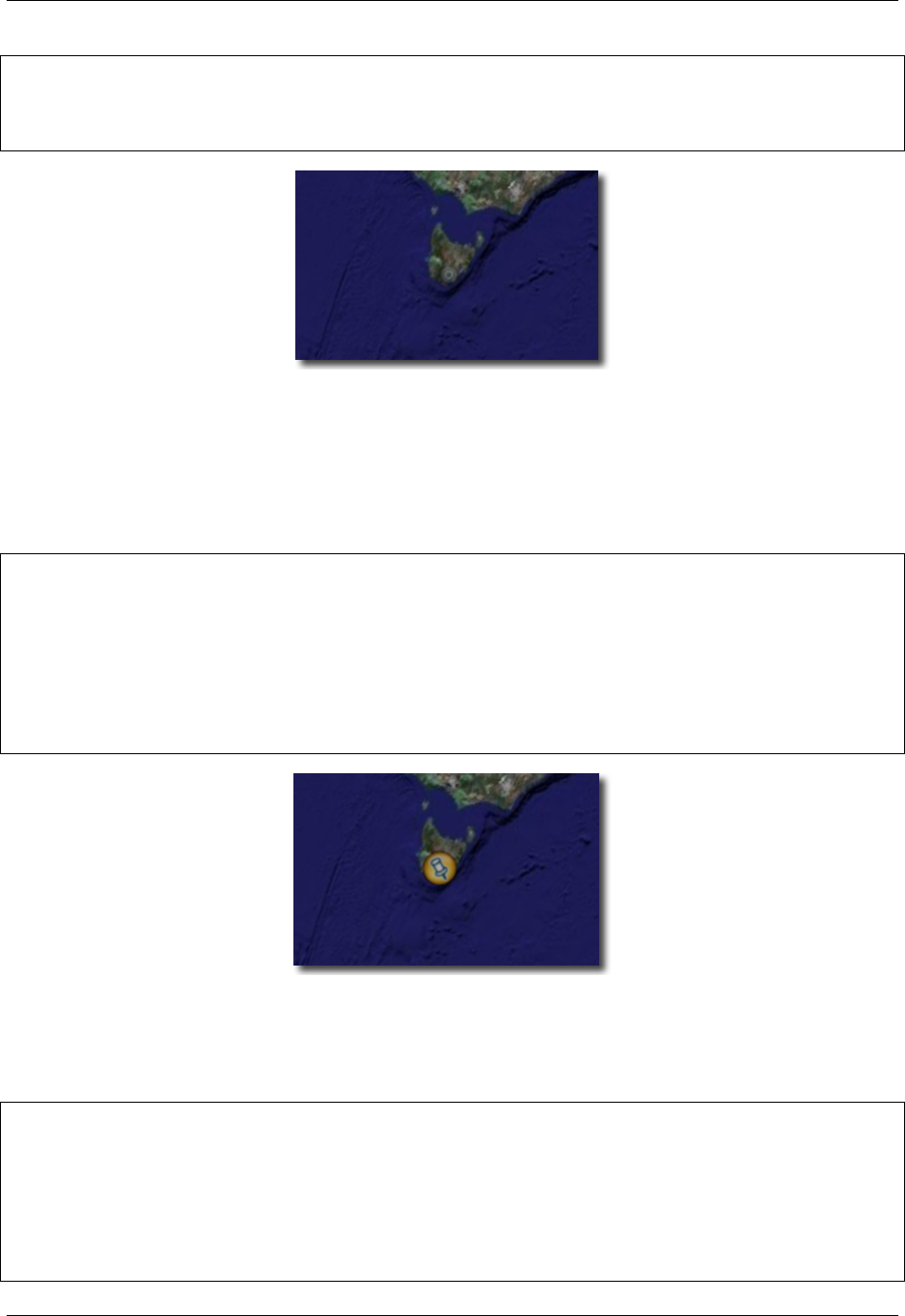
GeoServer User Manual, Release 2.15.1
</Fill>
</Mark>
</Graphic>
</PointSymbolizer>
Fig. 7.23: Figure 6: Setting the point opacity (0.5 = 50% opaque)
Point Icon
An icon different from the default can be specified with the ExternalGraphic element:
<PointSymbolizer>
<Graphic>
<ExternalGraphic>
<OnlineResource xlink:type="simple"
xlink:href="http://maps.google.com/mapfiles/kml/pal3/icon55.png"/>
<Format>image/png</Format>
</ExternalGraphic>
</Graphic>
</PointSymbolizer>
Fig. 7.24: Figure 7: A custom icon for points
In Figure 7, the custom icon is specified as a remote URL. It is also possible to place the graphic in the
GeoServer styles directory, and then specify the filename only:
<PointSymbolizer>
<Graphic>
<ExternalGraphic>
<OnlineResource xlink:type="simple" xlink:href="icon55.png"/>
<Format>image/png</Format>
</ExternalGraphic>
</Graphic>
</PointSymbolizer>
1118 Chapter 7. Services
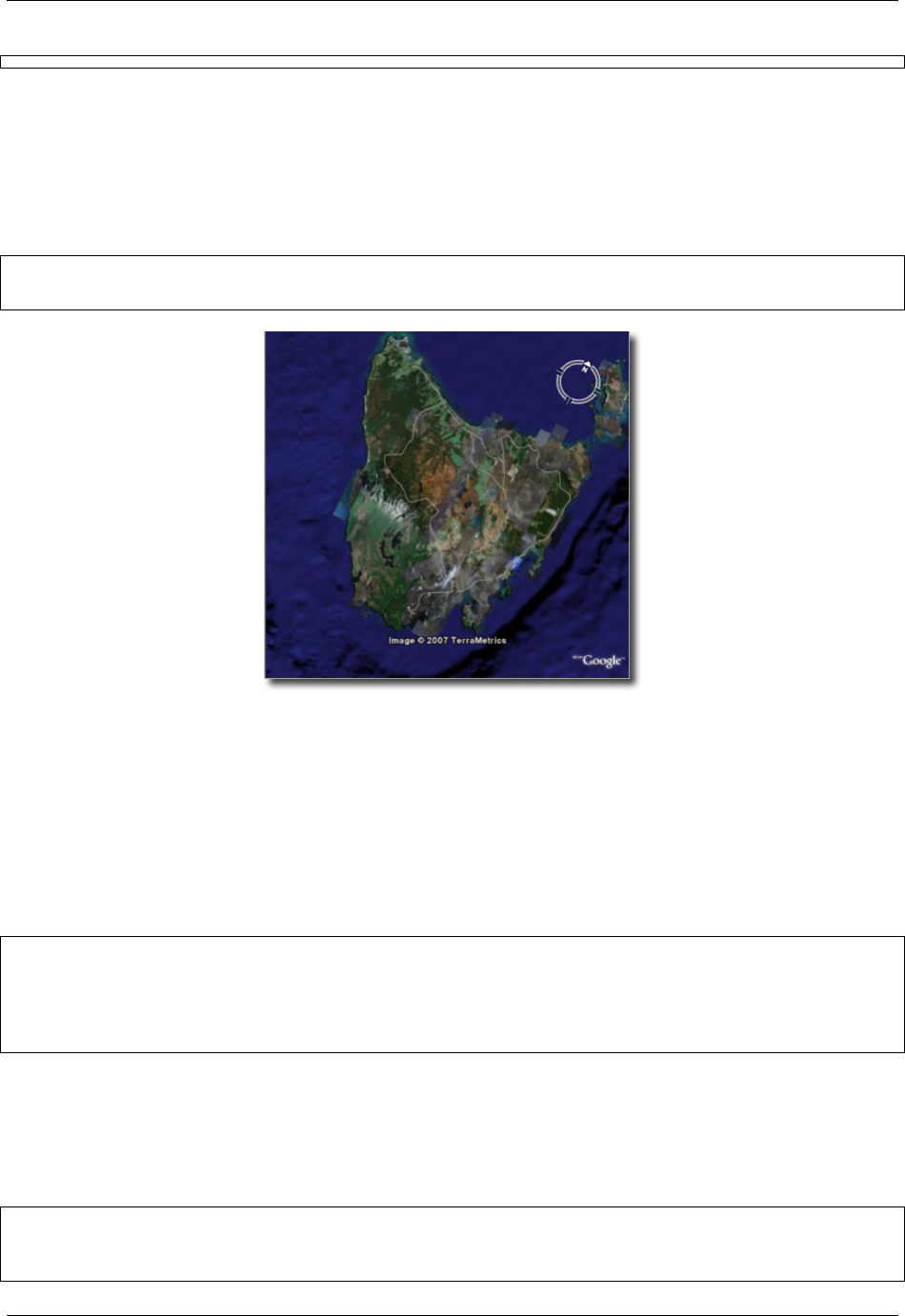
GeoServer User Manual, Release 2.15.1
Figure 8: Specifying a local file for a graphic point
Lines
Styles for lines are specified via a LineSymbolizer. An empty LineSymbolizer element will result in
a default KML style:
<LineSymbolizer>
</LineSymbolizer>
Fig. 7.25: Figure 9: Default line
The aspects of the resulting line which can be specified via a LineSymbolizer are color,width, and opacity.
Line Color
The color of a line is specified with a CssParameter element and a stroke attribute. The color is specified
as a six digit hexadecimal code.
<LineSymbolizer>
<Stroke>
<CssParameter name="stroke">#ff0000</CssParameter>
</Stroke>
</LineSymbolizer>
Line Width
The width of a line is specified with a CssParameter element and a stroke-width attribute. The width
is specified as an integer (in pixels):
<LineSymbolizer>
<Stroke>
<CssParameter name="stroke-width">5</CssParameter>
7.1. Web Map Service (WMS) 1119
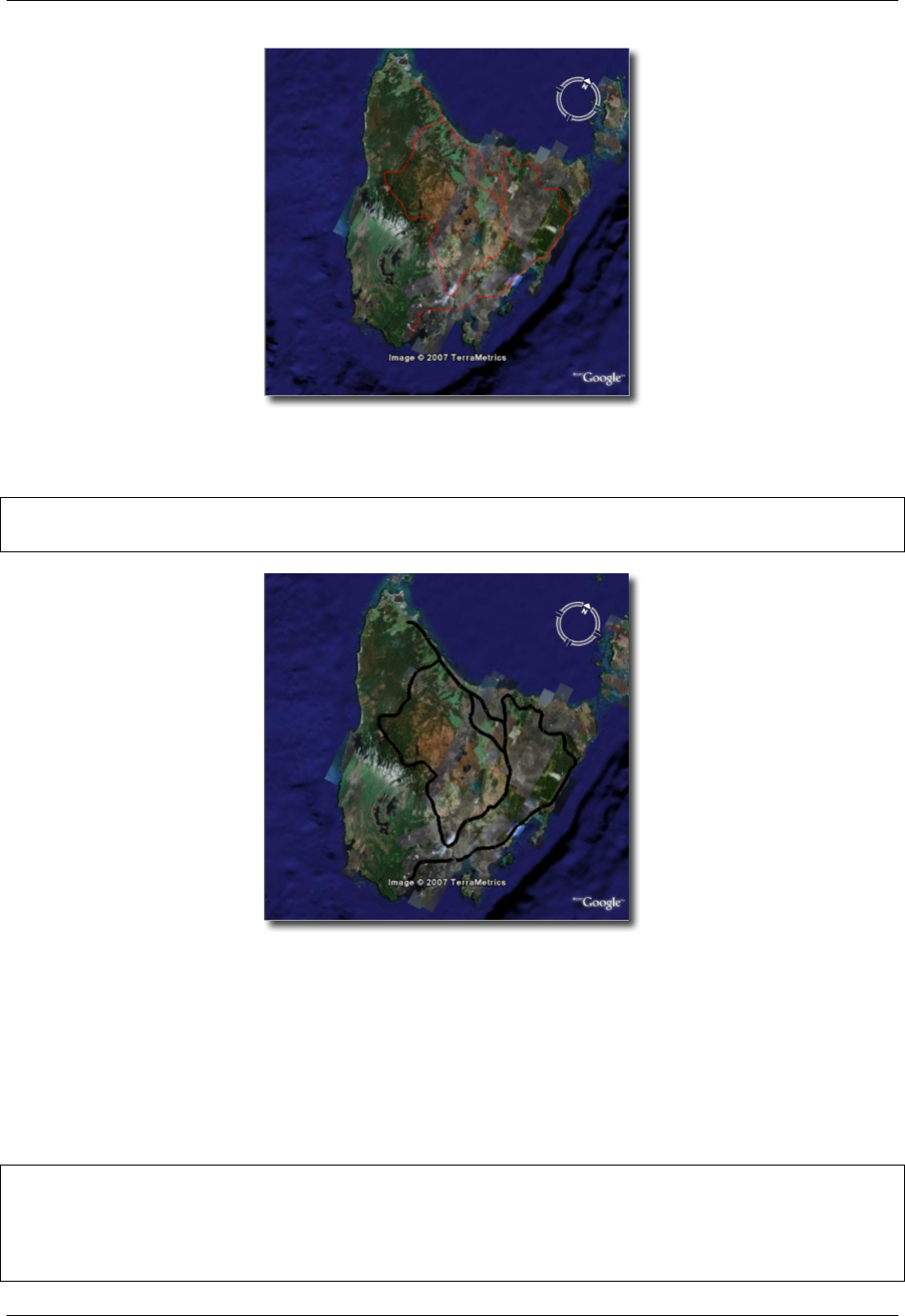
GeoServer User Manual, Release 2.15.1
Fig. 7.26: Figure 10: Line rendered with color #ff0000 (100% red)
</Stroke>
</LineSymbolizer>
Fig. 7.27: Figure 11: Line rendered with a width of five (5) pixels
Line Opacity
The opacity of a line is specified with a CssParameter element and a fill-opacity attribute. The
opacity is specified as a floating point number between 0and 1, with 0 being completely transparent, and 1
being completely opaque.
<LineSymbolizer>
<Stroke>
<CssParameter name="stroke-opacity">0.5</CssParameter>
</Stroke>
</LineSymbolizer>
1120 Chapter 7. Services
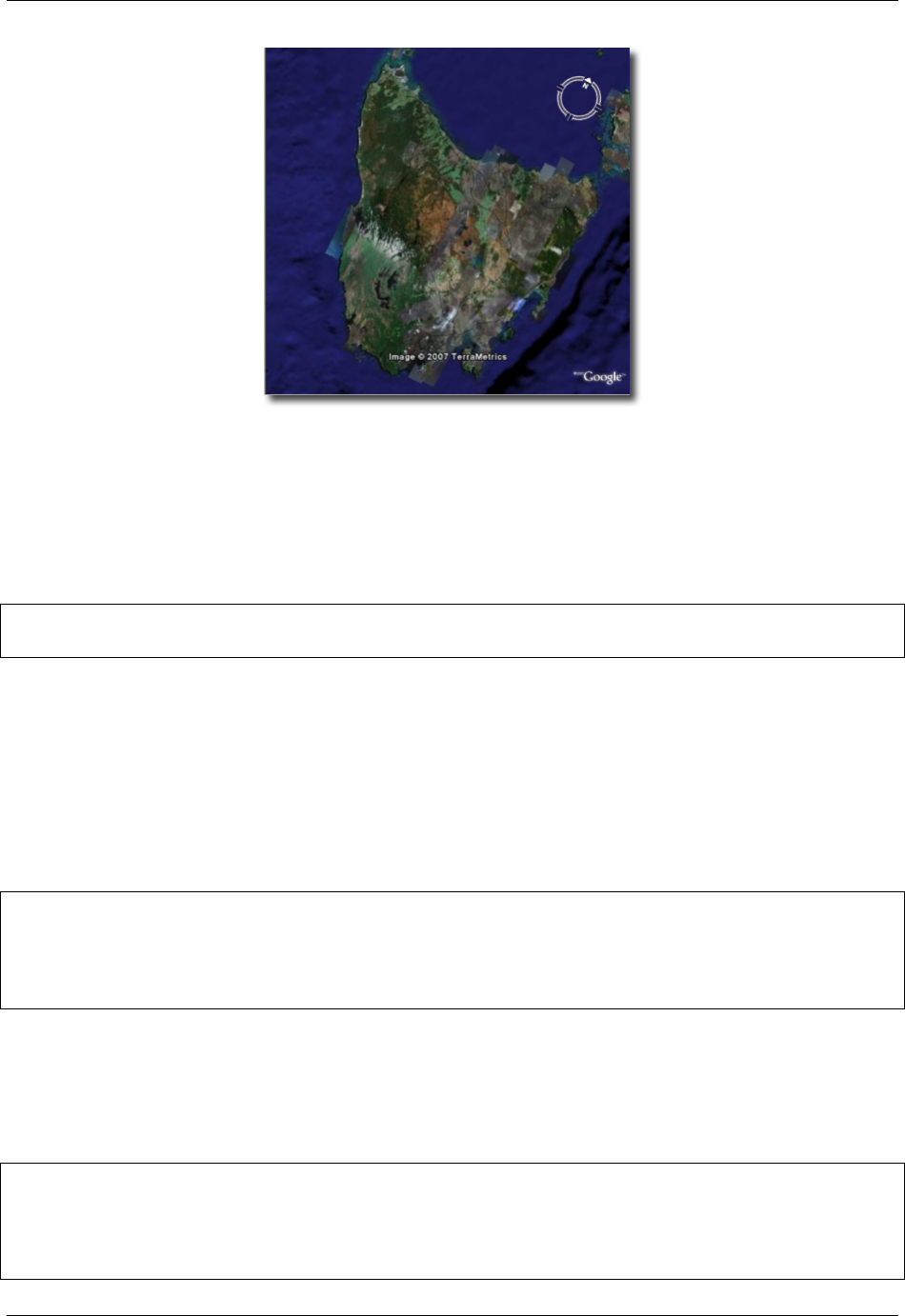
GeoServer User Manual, Release 2.15.1
Fig. 7.28: Figure 12: A line rendered with 50% opacity
Polygons
Styles for polygons are specified via a PolygonSymbolizer. An empty PolygonSymbolizer element
will result in a default KML style:
<PolygonSymbolizer>
</PolygonSymbolizer>
Polygons have more options for styling than points and lines, as polygons have both an inside (“fill”) and
an outline (“stroke”). The aspects of polygons that can be specified via a PolygonSymbolizer are stroke
color,stroke width,stroke opacity,fill color, and fill opacity.
Polygon Stroke Color
The outline color of a polygon is specified with a CssParameter element and stroke attribute inside of
aStroke element. The color is specified as a 6 digit hexadecimal code:
<PolygonSymbolizer>
<Stroke>
<CssParameter name="stroke">#0000FF</CssParameter>
</Stroke>
</PolygonSymbolizer>
Polygon Stroke Width
The outline width of a polygon is specified with a CssParameter element and stroke-width attribute
inside of a Stroke element. The width is specified as an integer.
<PolygonSymbolizer>
<Stroke>
<CssParameter name="stroke-width">5</CssParameter>
</Stroke>
</PolygonSymbolizer>
7.1. Web Map Service (WMS) 1121
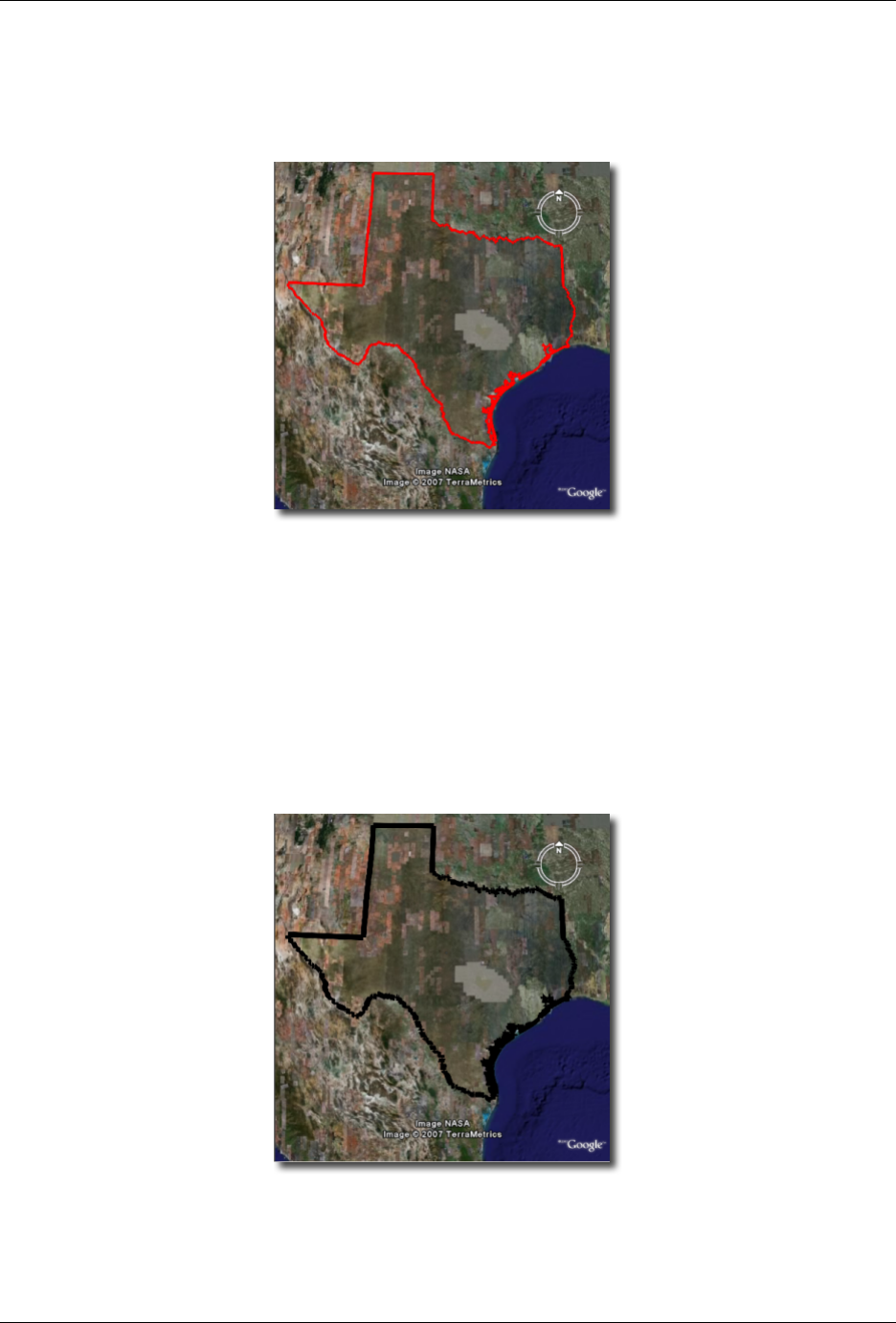
GeoServer User Manual, Release 2.15.1
Fig. 7.29: Figure 13: Outline of a polygon (#0000FF or 100% blue)
1122 Chapter 7. Services
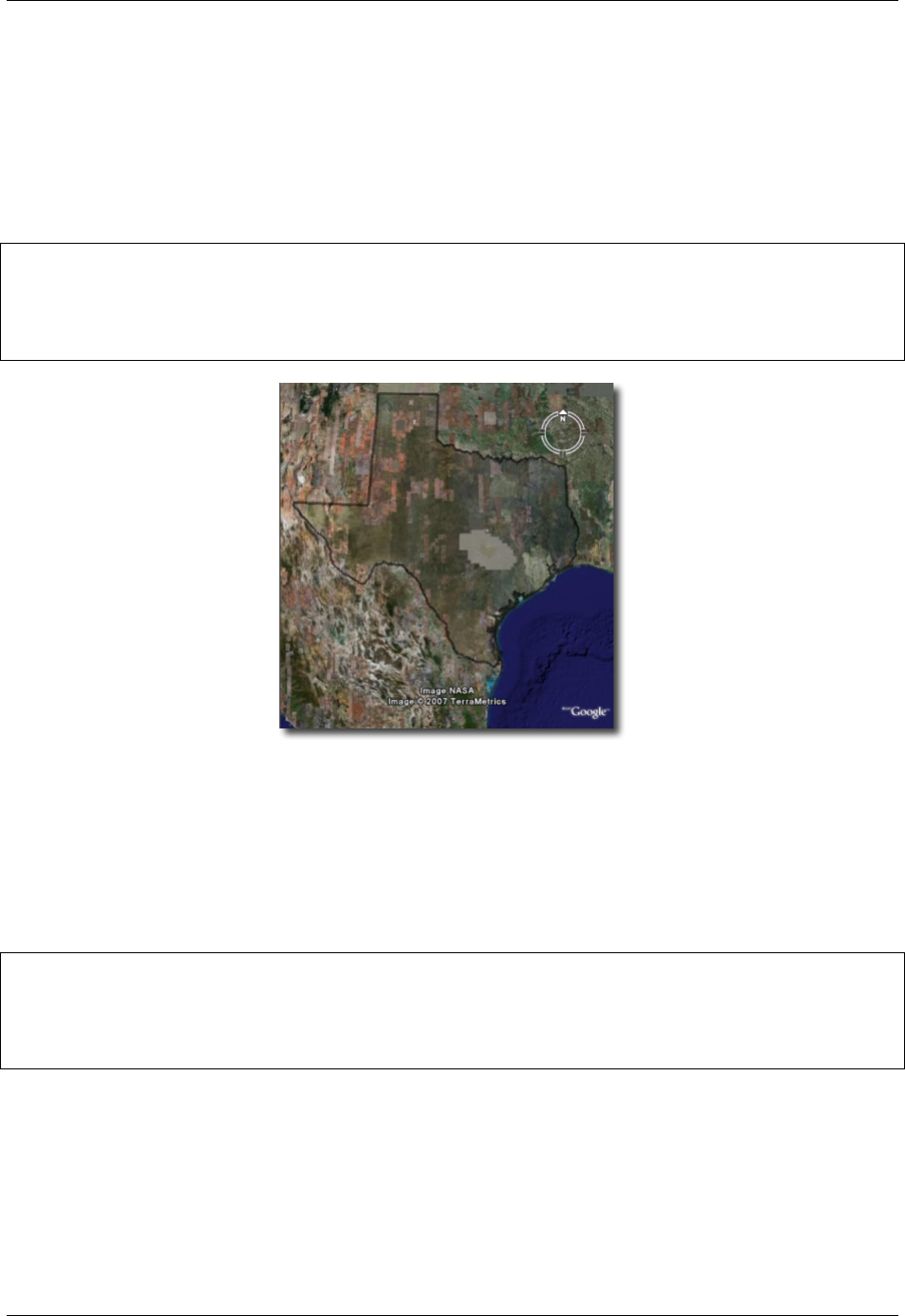
GeoServer User Manual, Release 2.15.1
Figure 14: Polygon with stroke width of five (5) pixels
Polygon Stroke Opacity
The stroke opacity of a polygon is specified with a CssParameter element and stroke attribute inside
of a Stroke element. The opacity is specified as a floating point number between 0and 1, with 0 being
completely transparent, and 1 being completely opaque.
<PolygonSymbolizer>
<Stroke>
<CssParameter name="stroke-opacity">0.5</CssParameter>
</Stroke>
</PolygonSymbolizer>
Fig. 7.30: Figure 15: Polygon stroke opacity of 0.5 (50% opaque)
Polygon Fill Color
The fill color of a polygon is specified with a CssParameter element and fill attribute inside of a Fill
element. The color is specified as a six digit hexadecimal code:
<PolygonSymbolizer>
<Fill>
<CssParameter name="fill">#0000FF</CssParameter>
</Fill>
</PolygonSymbolizer>
Polygon Fill Opacity
The fill opacity of a polygon is specified with a CssParameter element and fill-opacity attribute
inside of a Fill element. The opacity is specified as a floating point number between 0and 1, with 0 being
completely transparent, and 1 being completely opaque.
7.1. Web Map Service (WMS) 1123
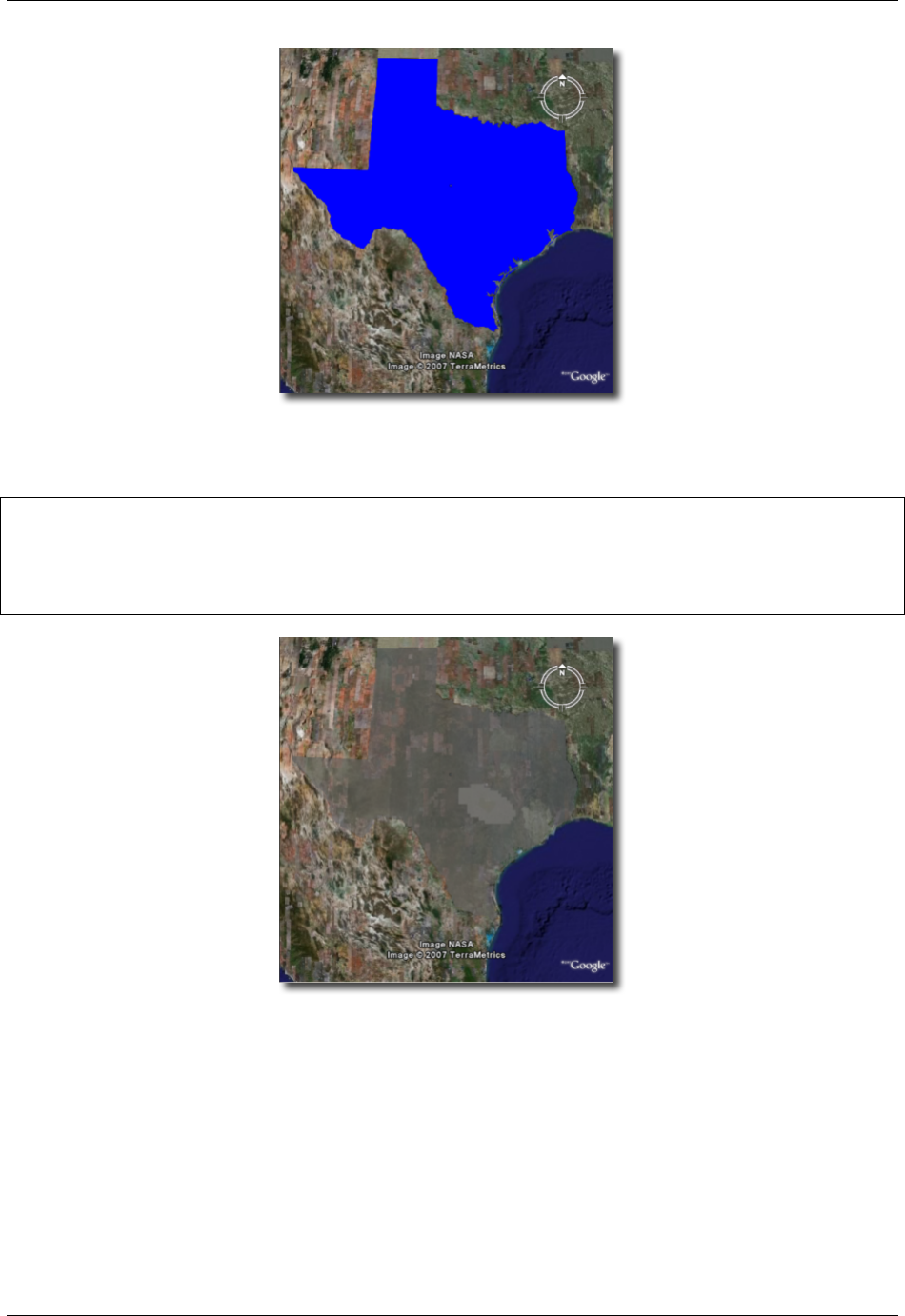
GeoServer User Manual, Release 2.15.1
Fig. 7.31: Figure 16: Polygon fill color of #0000FF (100% blue)
<PolygonSymbolizer>
<Fill>
<CssParameter name="fill-opacity">0.5</CssParameter>
</Fill>
</PolygonSymbolizer>
Fig. 7.32: Figure 17: Polygon fill opacity of 0.5 (50% opaque)
Text Labels
There are two ways to specify a label for a feature in Google Earth. The first is with Freemarker templates
(LINK?), and the second is with a TextSymbolizer. Templates take precedence over symbolizers.
1124 Chapter 7. Services
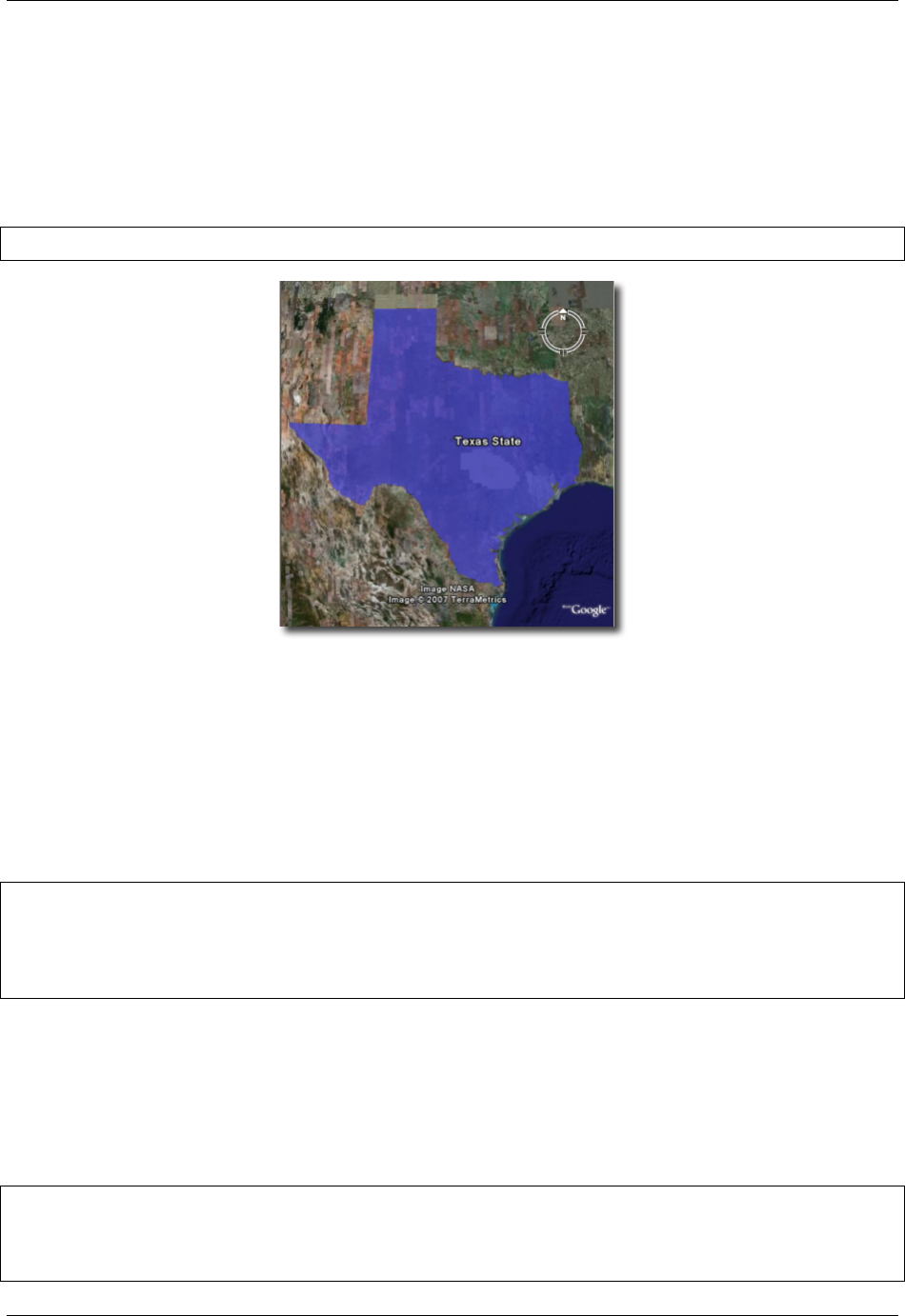
GeoServer User Manual, Release 2.15.1
Freemarker Templates
Specifying labels via a Freemarker template involves creating a special text file called title.ftl and
placing it into the workspaces/<ws name>/<datastore name>/<feature type name> directory
(inside the GeoServer data directory) for the dataset to be labeled. For example, to create a template to label
the states dataset by state name one would create the file here: <data_dir>/workspaces/topp/
states_shapefile/states/title.ftl. The content of the file would be:
${STATE_NAME.value}
Fig. 7.33: Figure 18: Using a Freemarker template to display the value of STATE_NAME
For more information on Placemark Templates, please see our full tutorial (LINK FORTHCOMING).
TextSymbolizer
In SLD labels are specified with the Label element of a TextSymbolizer. (Note the ogc: prefix on the
PropertyName element.)
<TextSymbolizer>
<Label>
<ogc:PropertyName>STATE_NAME</ogc:PropertyName>
</Label>
</TextSymbolizer>
The aspects of the resulting label which can be specified via a TextSymbolizer are color and opacity.
TextSymbolizer Color
The color of a label is specified with a CssParameter element and fill attribute inside of a Fill element.
The color is specified as a six digit hexadecimal code:
<TextSymbolizer>
<Label>
<ogc:PropertyName>STATE_NAME</ogc:PropertyName>
</Label>
7.1. Web Map Service (WMS) 1125
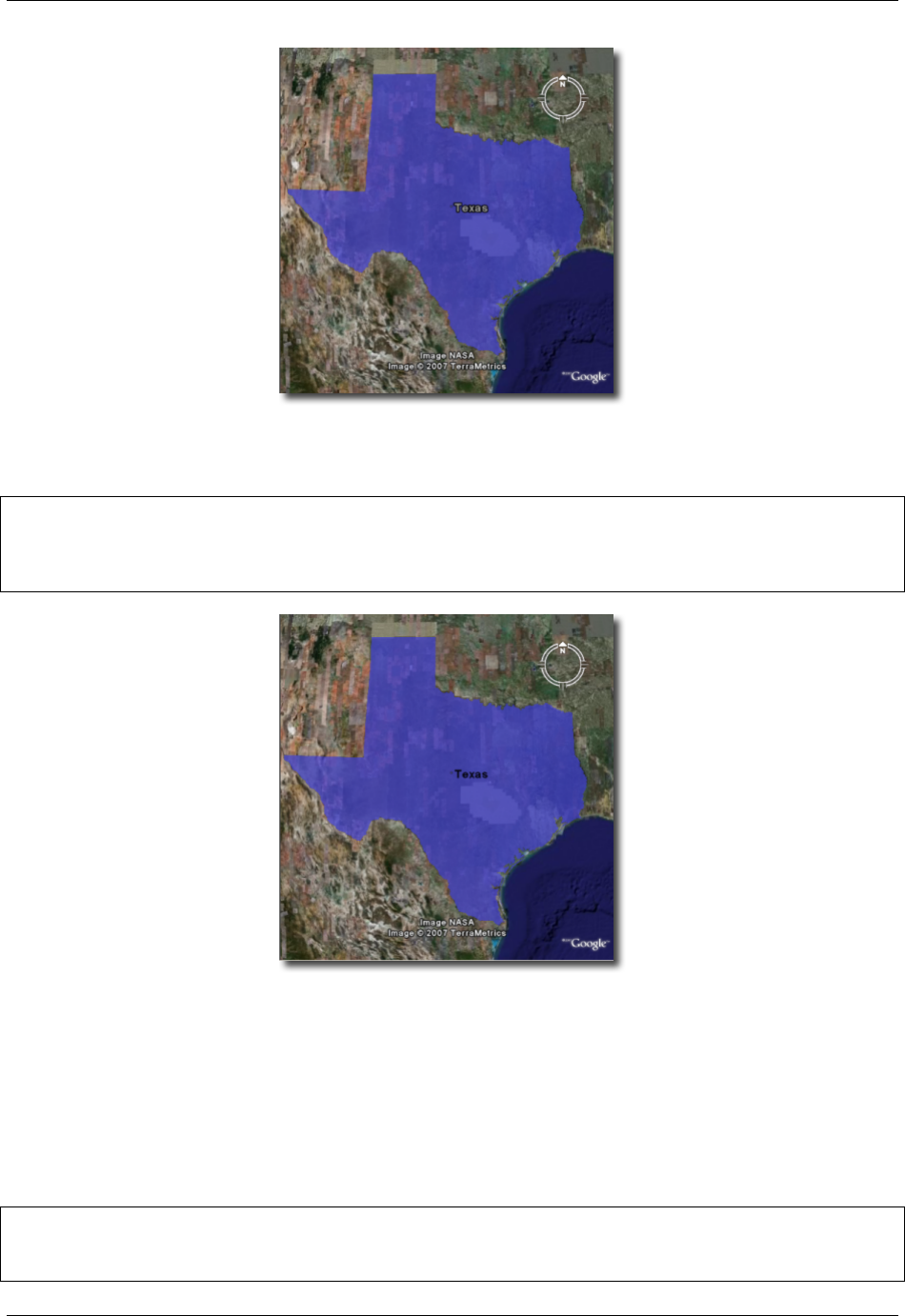
GeoServer User Manual, Release 2.15.1
Fig. 7.34: Figure 19: Using a TextSymbolizer to display the value of STATE_NAME
<Fill>
<CssParameter name="fill">#000000</CssParameter>
</Fill>
</TextSymbolizer>
Fig. 7.35: Figure 20: TextSymbolizer with black text color (#000000)
TextSymbolizer Opacity
The opacity of a label is specified with a CssParameter element and fill-opacity attribute inside of a
Fill element. The opacity is specified as a floating point number between 0and 1, with 0 being completely
transparent, and 1 being completely opaque.
<TextSymbolizer>
<Label>
<ogc:PropertyName>STATE_NAME</ogc:PropertyName>
1126 Chapter 7. Services
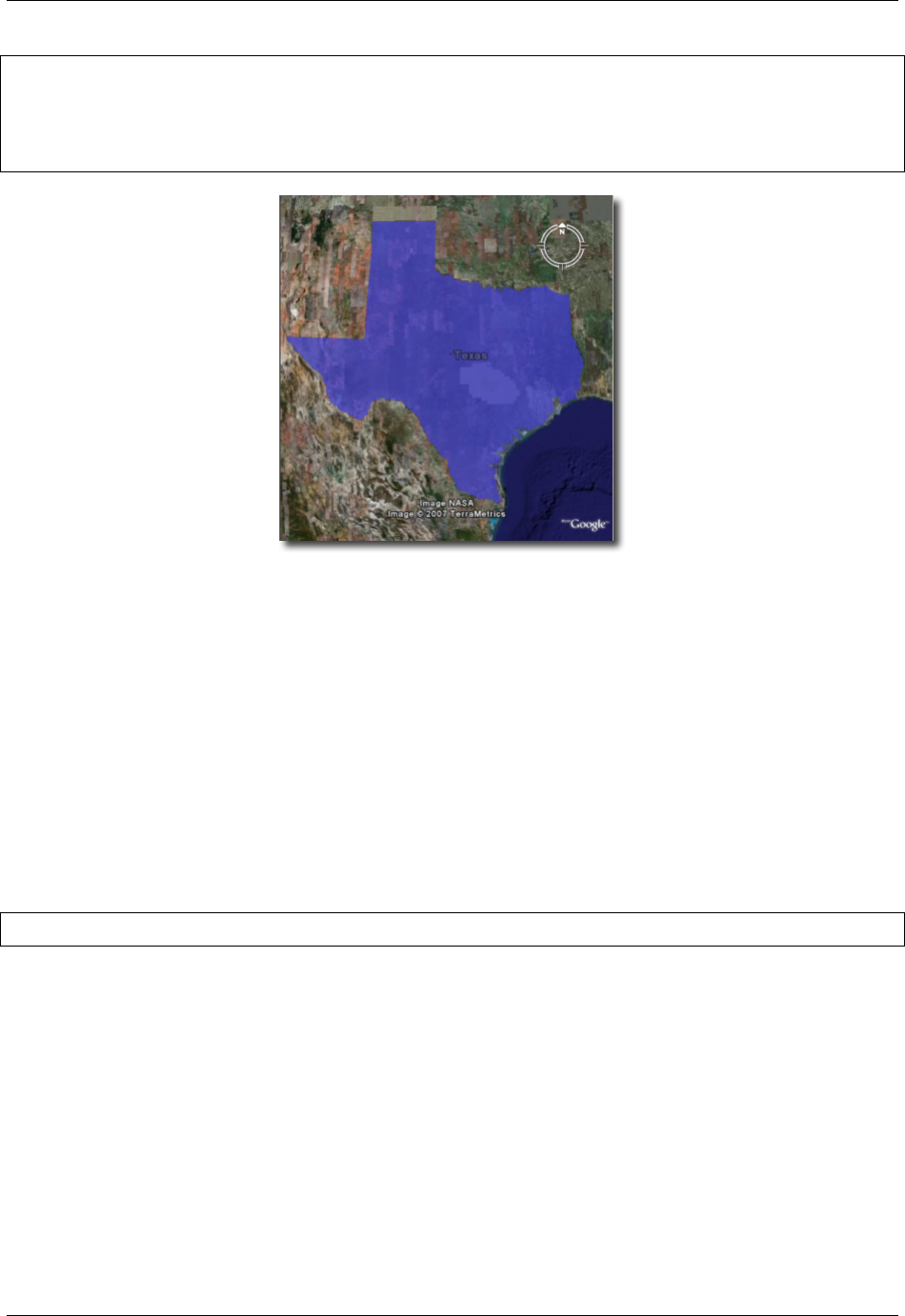
GeoServer User Manual, Release 2.15.1
</Label>
<Fill>
<CssParameter name="fill-opacity">0.5</CssParameter>
</Fill>
</TextSymbolizer>
Fig. 7.36: Figure 21: TextSymbolizer with opacity 0.5 (50% opaque)
Descriptions
When working with KML, each feature is linked to a description, accessible when the feature is clicked on.
By default, GeoServer creates a list of all the attributes and values for the particular feature.
It is possible to modify this default behavior. Much like with featureType titles, which are edited by creating
atitle.ftl template, a custom description can be used by creating template called description.ftl
and placing it into the feature type directory (inside the GeoServer data directory) for the dataset. For
instance, to create a template to provide a description for the states dataset, one would create the file:
<data_dir>/workspaces/topp/states_shapefile/states/description.ftl. As an example,
if the content of the description template is:
This is the state of ${STATE_NAME.value}.
The resultant description will look like this:
It is also possible to create one description template for all featureTypes in a given namespace. To do
this, create a description.ftl file as above, and save it as <data_dir>/templates/<workspace>/
description.ftl. Please note that if a description template is created for a specific featureType that
also has an associated namespace description template, the featureType template (i.e. the most specific
template) will take priority.
One can also create more complex descriptions using a combination of HTML and the attributes of the data.
A full tutorial on how to use templates to create descriptions is available in our page on KML Placemark
Templates. (LINK?)
SLD Generation from CSS SLD Structure Points Lines Polygons Text Labels Descriptions
7.1. Web Map Service (WMS) 1127
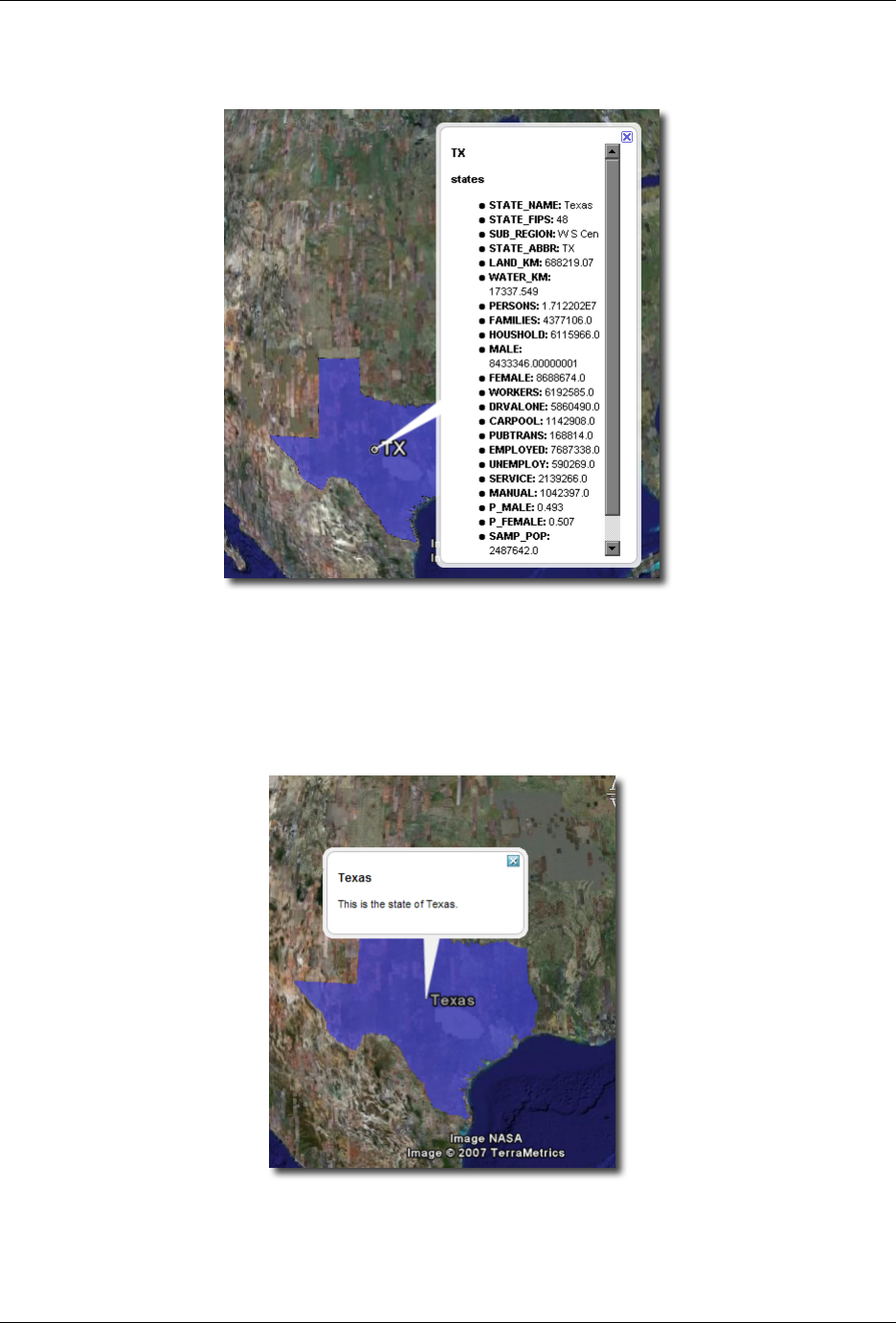
GeoServer User Manual, Release 2.15.1
Fig. 7.37: Figure 22: Default description for a feature
Fig. 7.38: Figure 23: A custom description
1128 Chapter 7. Services
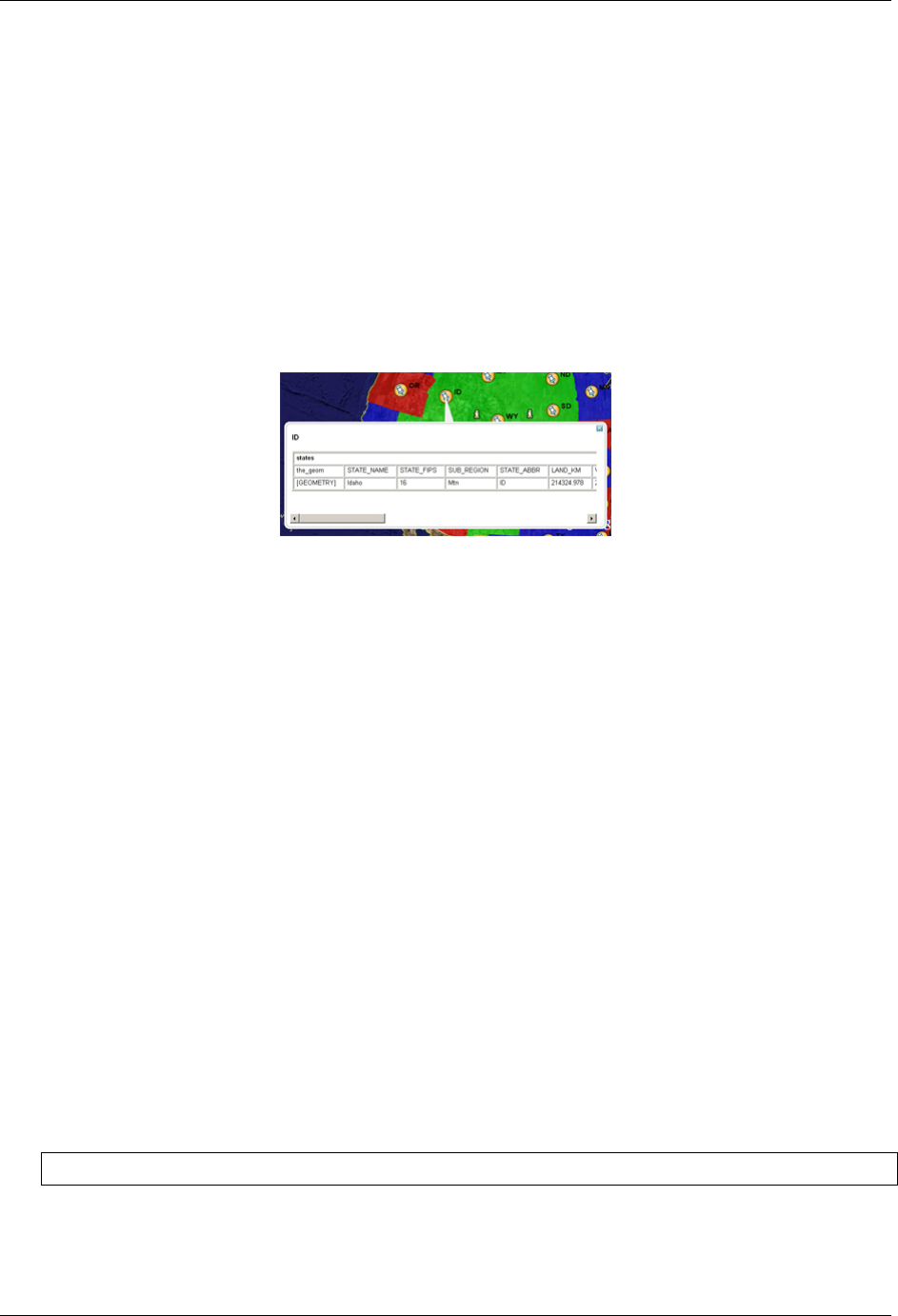
GeoServer User Manual, Release 2.15.1
Tutorials
KML Placemark Templates
Introduction
In KML a “Placemark” is used to mark a position on a map, often visualized with a yellow push pin. A
placemark can have a “description” which allows one to attach information to it. Placemark descriptions
are nothing more then an HTML snippet and can contain anything we want it to.
By default GeoServer produces placemark descriptions which are HTML tables describing all the attributes
available for a particular feature in a dataset. In the following image we see the placemark description for
the feature representing Idaho state:
Fig. 7.39: The default placemark
This is great, but what about if one wanted some other sort of information to be conveyed in the description.
Or perhaps one does not want to show all the attributes of the dataset. The answer is Templates!!
A template is more or less a way to create some output.
Getting Started
First let us get set up. To complete the tutorial you will need the following:
• A GeoServer install
• A text editor
And thats it. For this tutorial we will assume that GeoServer is running the same configuration ( data
directory ) that it does out of the box.
Hello World
Ok, time to get to creating our first template. We will start off an extremely simple template which, you
guessed it, creates the placemark description “Hello World!”. So lets go.
1. Using the text editor of your choice start a new file called description.ftl
2. Add the following content to the file:
Hello World!
3. Save the file in the workspaces/topp/states_shapefile/states directory of your “data di-
rectory”. The data directory is the location of all the GeoServer configuration files. It is normally
pointed to by the environment variable GEOSERVER_DATA_DIR.
7.1. Web Map Service (WMS) 1129
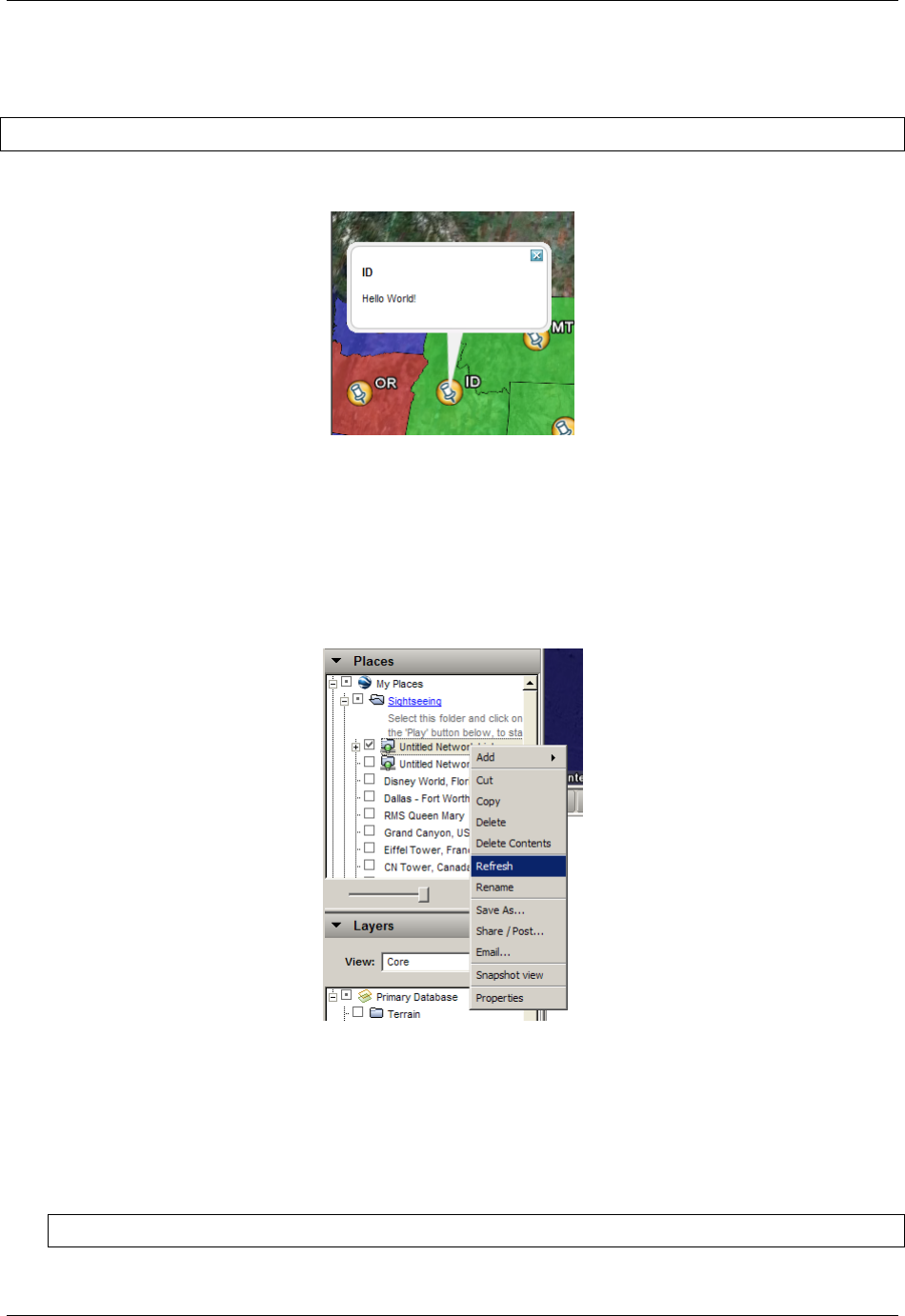
GeoServer User Manual, Release 2.15.1
4. Start GeoServer is it is not already running.
And thats it. We can now test out our template by adding the following network link in google earth:
http://localhost:8080/geoserver/wms/kml?layers=states
And voila. Your first template
Fig. 7.40: Hello World template.
Refreshing Templates: One nice aspect of templates is that they are read upon every request. So one can
simply edit the template in place and have it picked up by GeoServer as soon as the file is saved. So when
after editing and saving a template simply “Refresh” the network link in Google Earth to have the new
content picked up.
Fig. 7.41: Refresh Template
As stated before template descriptions are nothing more than html. Play around with description.ftl
and add some of your own html. Some examples you may want to try:
1. A simple link to the homepage of your organization:
Provided by the <a href="http://topp.openplans.org">The Open Planning Project</a>.
Homepage of Topp
1130 Chapter 7. Services
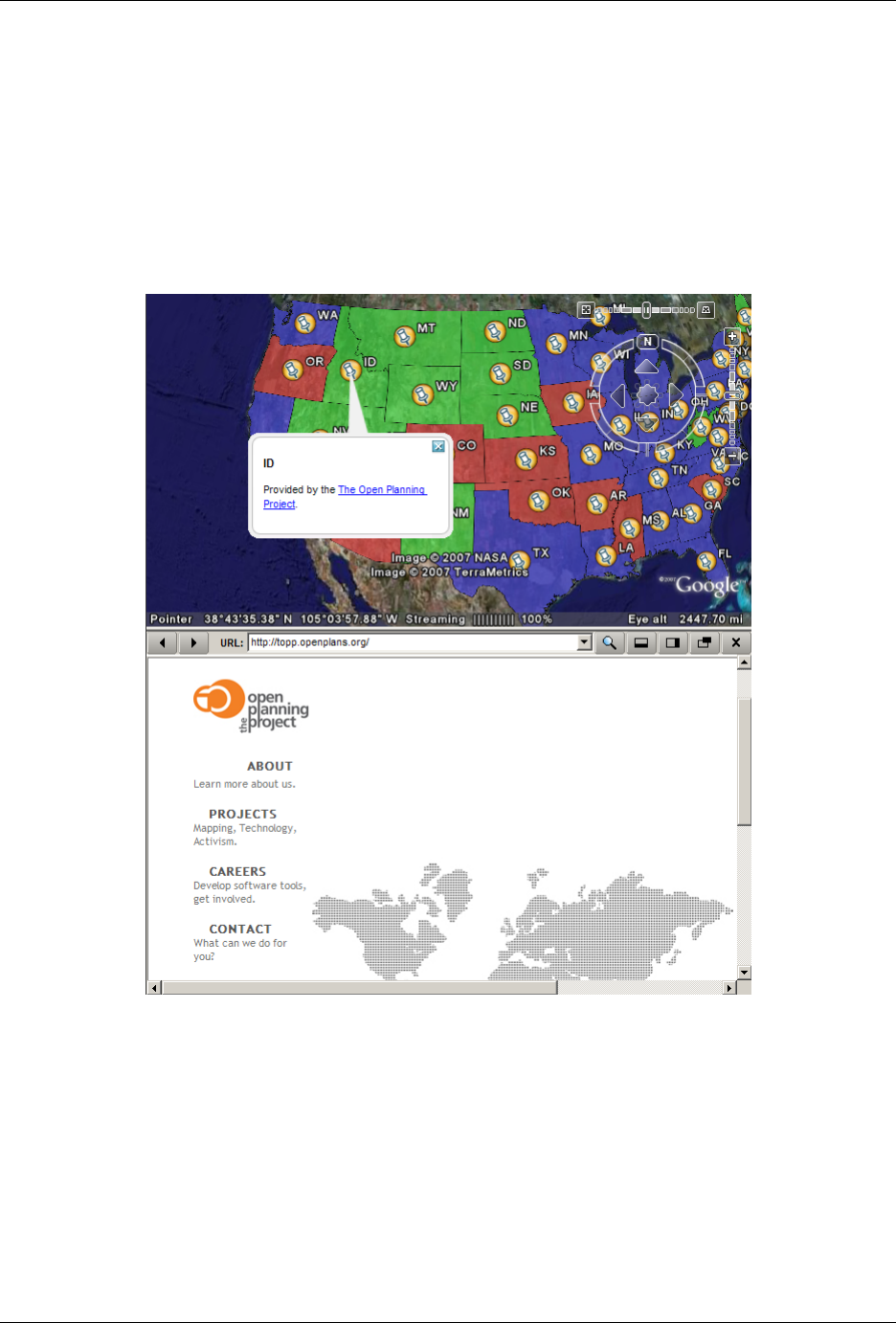
GeoServer User Manual, Release 2.15.1
Fig. 7.42: Homepage of Topp
7.1. Web Map Service (WMS) 1131
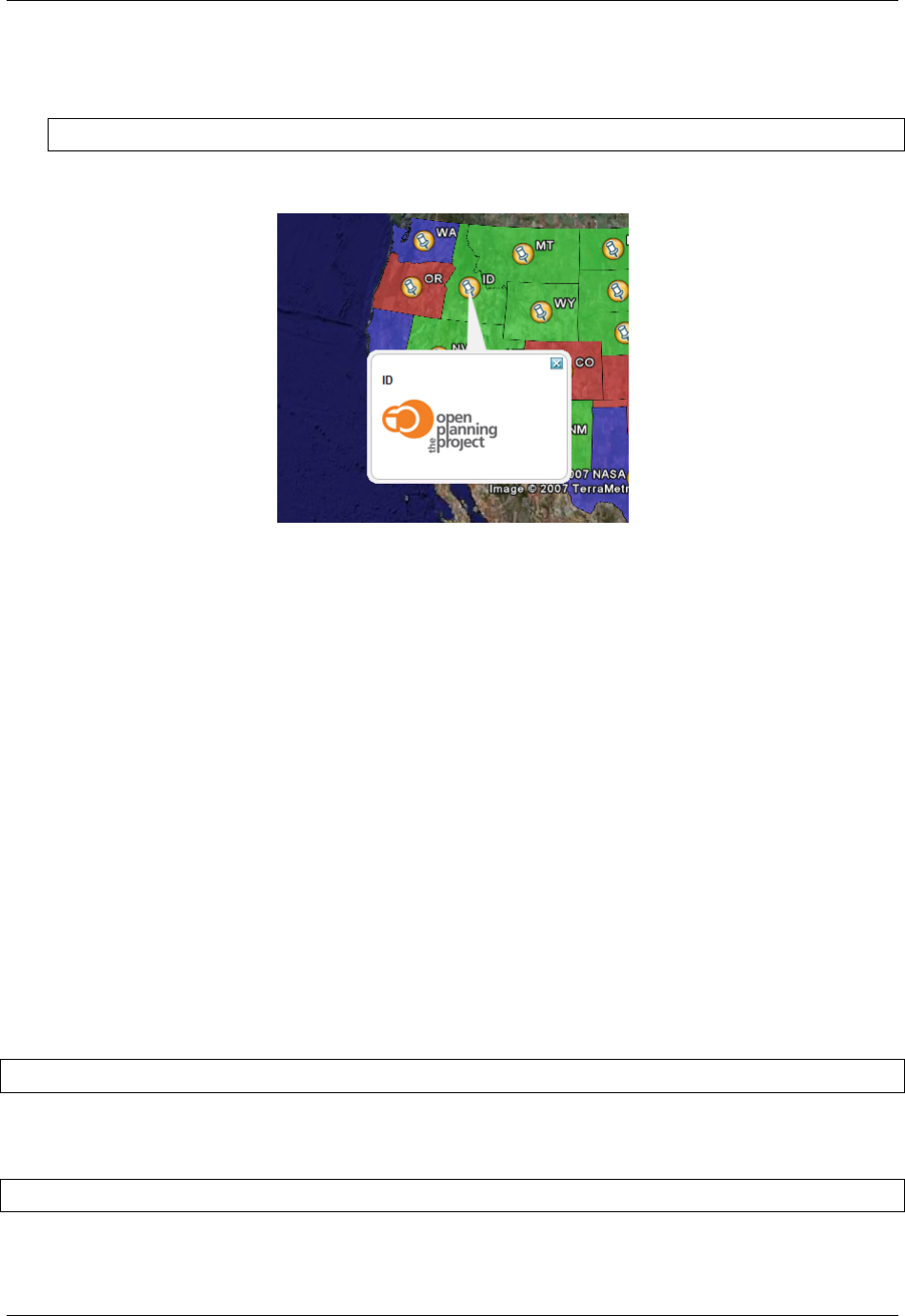
GeoServer User Manual, Release 2.15.1
2. The logo of your organization:
<img src="http://topp.openplans.org/images/logo.jpg"/>
Logo of Topp
Fig. 7.43: Logo of Topp
The possibilities are endless. Now this is all great and everything but these examples are some what lacking
in that the content is static. In the next section we will create more realistic template which actually access
some the attributes of our data set.
Data Content
The real power of templates is the ability to easily access content, in the case of features this content is the
attributes of features.In a KML placemark description template, there are a number of “template variables”
available.
• The variable “fid”, which corresponds to the id of the feature
• The variable “typeName”, which corresponds to the name of the type of the feature
• A sequence of variables corresponding to feature attributes, each named the same name as the at-
tribute
So with this knowledge in hand let us come up with some more examples:
Simple fid/typename access:
This is feature ${fid} of type ${typeName}.
This is a feature of 3.1 of type states.
Access to the values of two attributes named STATE_NAME, and PERSONS:
This is ${STATE_NAME.value} state which has a population of ${PERSONS.value}.
ID This is Idaho state which has a population of 1.006.749.
1132 Chapter 7. Services
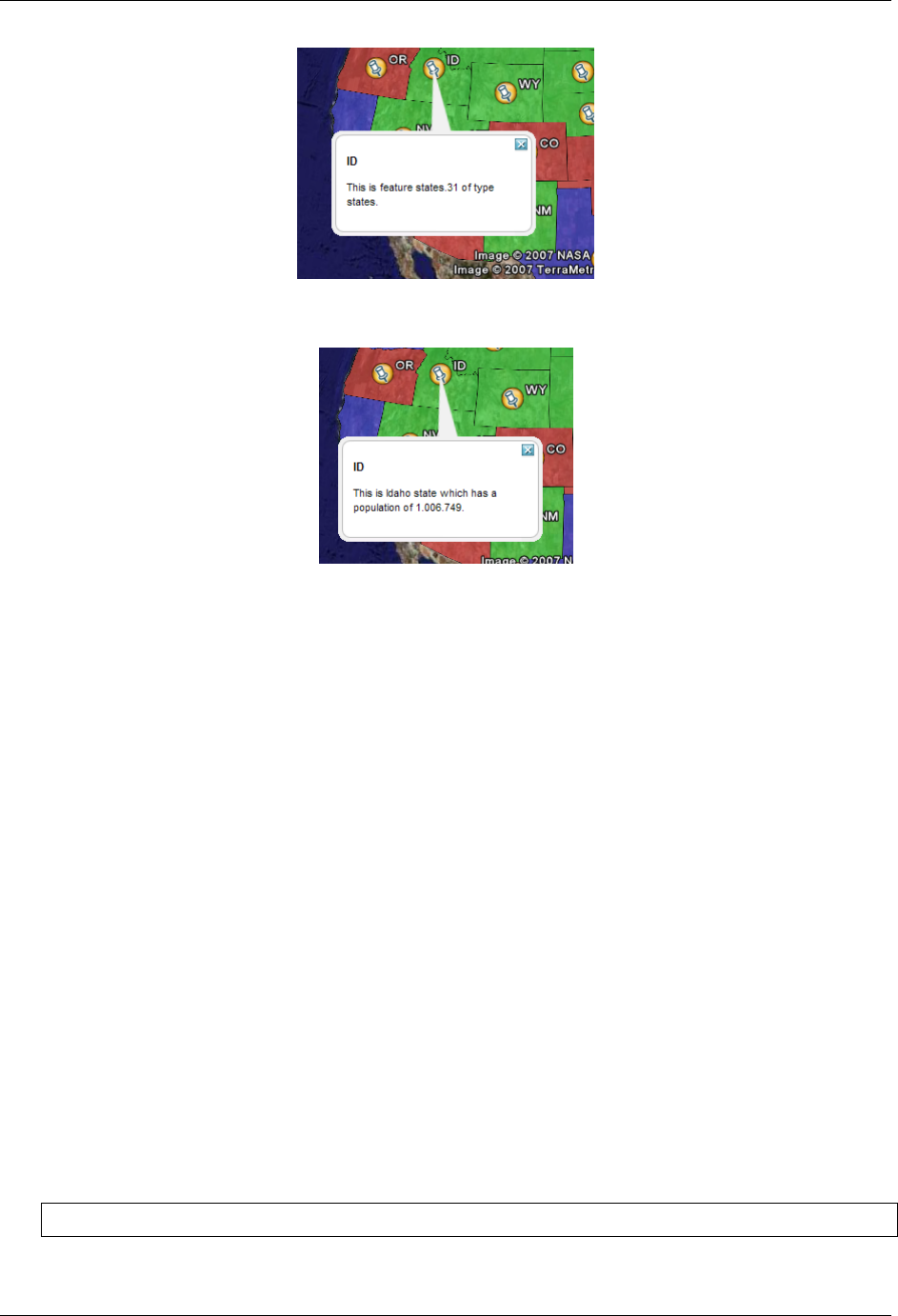
GeoServer User Manual, Release 2.15.1
Fig. 7.44: FID
Fig. 7.45: Attributes
Attribute Variables
A feature attribute a “complex object” which is made up of three parts:
1. A value, given as a default string representation of the actual attribute value feasible to be used
directly
2. A rawValue, being the actual value of the attribute, to allow for more specialized customization
(for example, ${attribute.value?string("Enabled", "Disabled")} for custom represen-
tations of boolean attributes, etc).
3. A type, each of which is accessible via ${<attribute_name>.name},${<attribute_name>.
value}, ${<attribute_name>.rawValue},${<attribute_name>.type} respectively. The
other variables: fid, and typeName and are “simple objects” which are available directly.
WMS Demo Example
We will base our final example off the “WMS Example” demo which ships with GeoServer. To check out
the demo visit http://localhost:8080/geoserver/popup_map/index.html in your web browser.
You will notice that hovering the mouse over one of the points on the map displays an image specific to
that point. Let us replicate this with a KML placemark description.
1. In the featureTypes/DS_poi_poi directory of the geoserver data directory create the following
template:
<img src="http://localhost:8080/geoserver/popup_map/${THUMBNAIL.value}"/>
2. Add the following network link in Google Earth:
7.1. Web Map Service (WMS) 1133
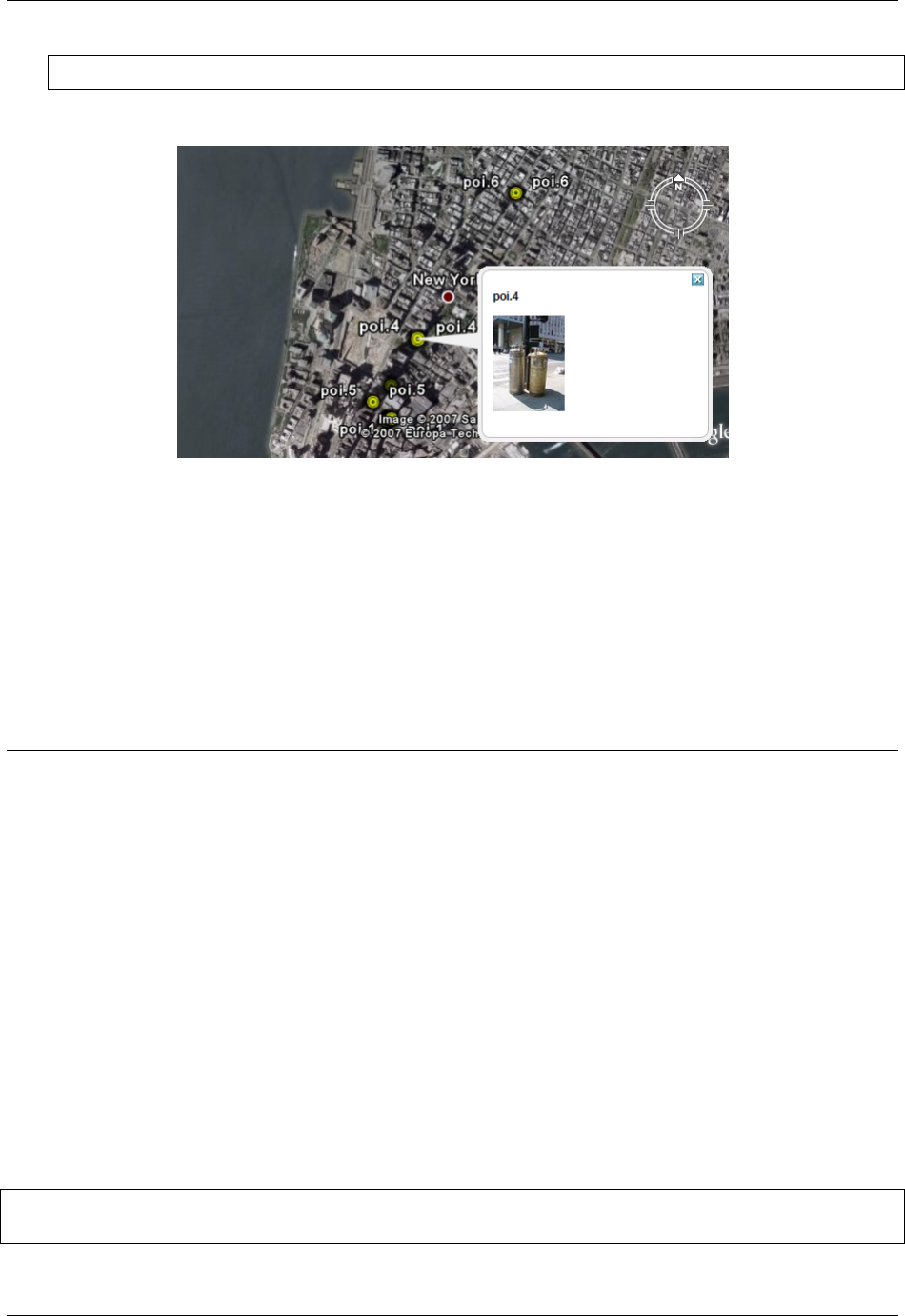
GeoServer User Manual, Release 2.15.1
http://localhost:8080/geoserver/wms/kml?layers=tiger:poi
Poi.4
Fig. 7.46: WMS Example
Heights Templates
Introduction
Height Templates in KML allow you to use an attribute of your data as the ‘height’ of features in Google
Earth.
Note: This tutorial assumes that GeoServer is running on http://localhost:8080.
Getting Started
For the purposes of this tutorial, you just need to have GeoServer with the release configuration, and Google
Earth installed. Google Earth is available for free from <http://earth.google.com/ <http://earth.google.
com/>‘_.
Step One
By default GeoServer renders all features with 0 height, so they appear to lay flat on the world’s surface in
Google Earth.
To view the topp:states layer (packaged with all releases of GeoServer) in Google Earth, the easiest way
is to use a network link. In Google Earth, under Places, right-click on Temporary Places, and go to Add →
Network Link. In the dialog box, fill in topp:states as the Name, and the following URL as the Link:
http://localhost:8080/geoserver/wms/reflect?layers=topp:states&format=application/vnd.
,→google-earth.kml+xml
1134 Chapter 7. Services
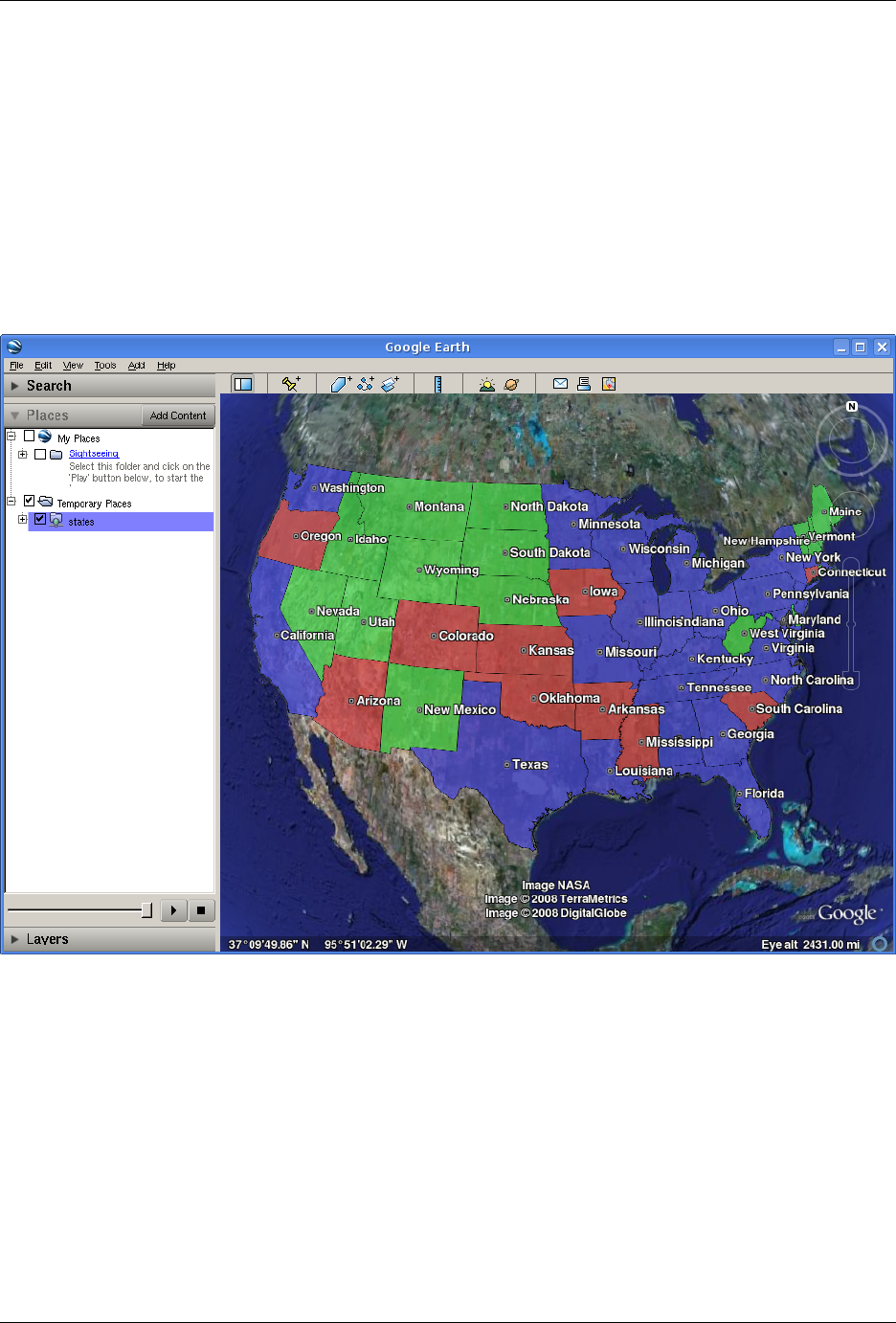
GeoServer User Manual, Release 2.15.1
Fig. 7.47: topp:states in Google Earth
7.1. Web Map Service (WMS) 1135
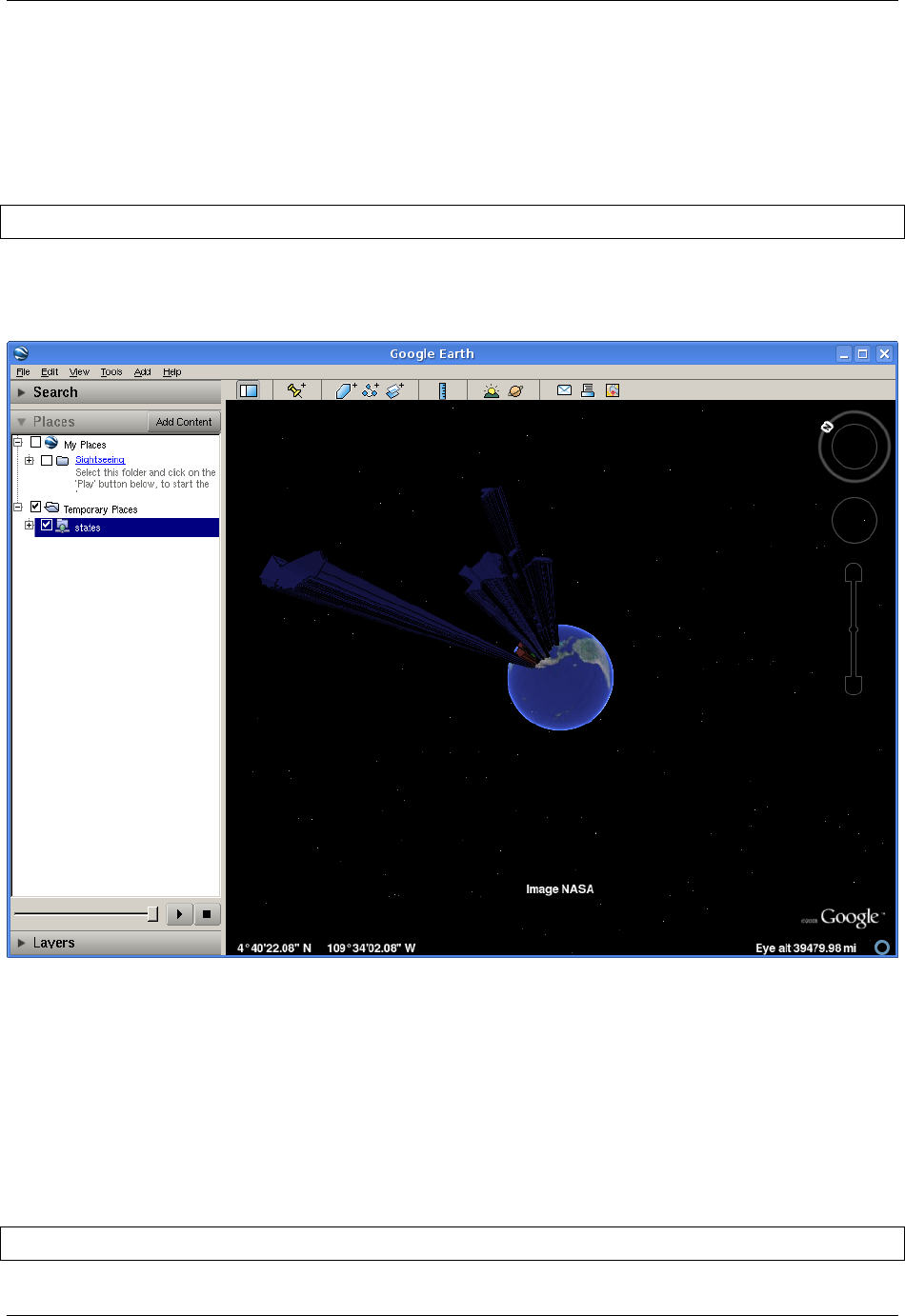
GeoServer User Manual, Release 2.15.1
Step Two
An interesting value to use for the height would be the population of each state (so that more populated
states appear taller on the map). We can do this by creating a file called height.ftl in the GeoServer
data directory under workspaces/topp/states_shapefile/states. To set the population value, we
enter the following text inside this new file:
${PERSONS.value}
This uses the value of the PERSONS attribute as the height for each feature. To admire our handiwork, we
can refresh our view by right-clicking on our temporary place (called topp:states) and selecting Refresh:
Fig. 7.48: Height by Population
Step Three
Looking at our population map, we see that California dwarfs the rest of the nation, and in general all of
the states are too tall for us to see the heights from a convenient angle. In order to scale things down to a
more manageable size, we can divide all height values by 100. Just change the template we wrote earlier to
read:
${PERSONS.value / 100}
1136 Chapter 7. Services
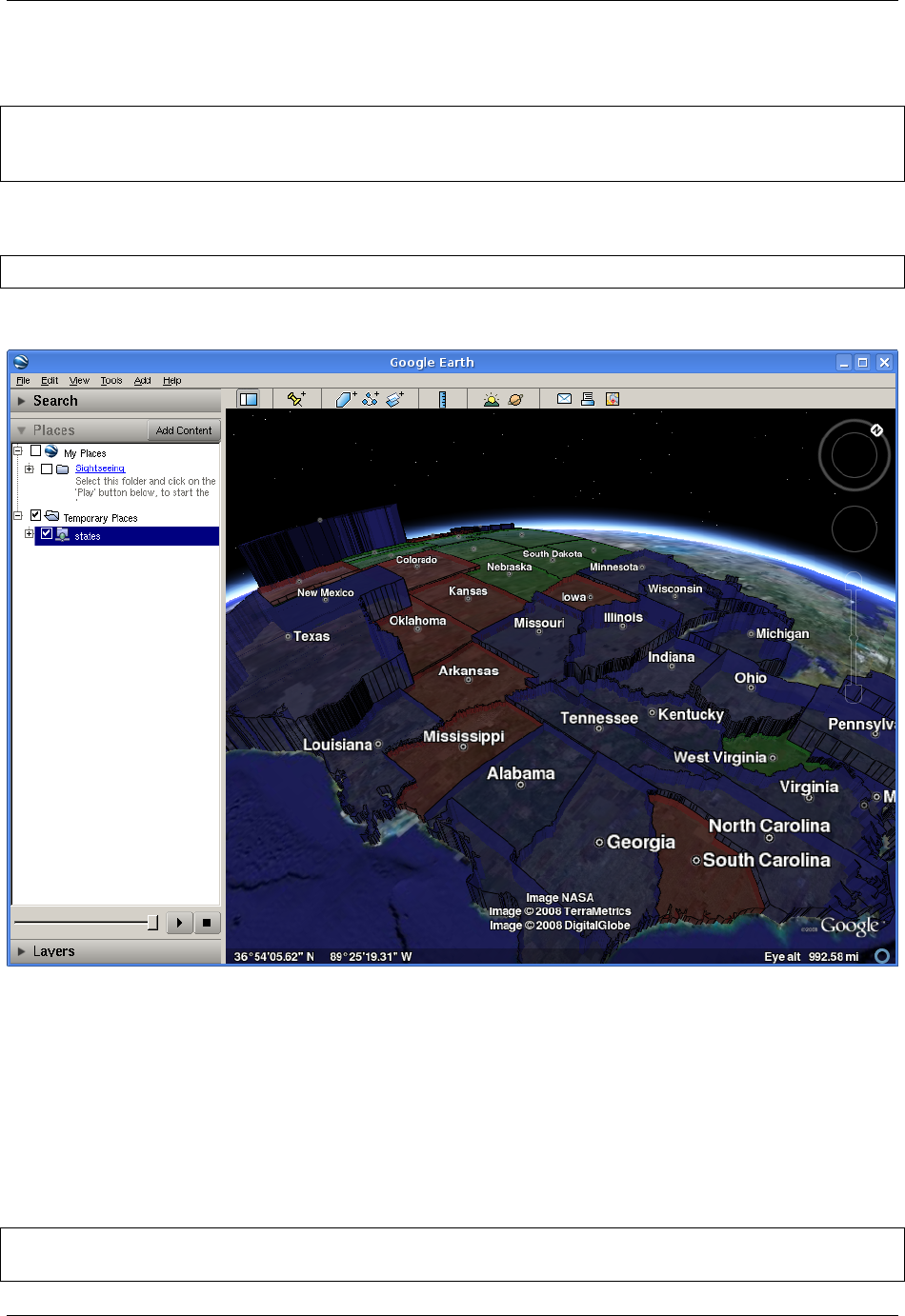
GeoServer User Manual, Release 2.15.1
Refreshing our view once again, we see that our height field has disappeared. Looking at the GeoServer
log (in the data directory under logs/geoserver.log) we see something like:
Caused by: freemarker.core.NonNumericalException: Error on line 1, column 3in height.
,→ftl
Expression PERSONS.value is not numerical
However, we know that the PERSONS field is numeric, even if it is declared in the shapefile as a string
value. To force a conversion, we can append ?number, like so:
${PERSONS.value?number / 100}
One final Refresh brings us to a nicely sized map of the US:
Fig. 7.49: Scaled Height
Step Four
There are still a couple of tweaks we can make. The default is to create a ‘solid’ look for features with
height, but Google Earth can also create floating polygons that are disconnected from the ground. To turn
off the ‘connect to ground’ functionality, add a format option called ‘extrude’ whose value is ‘false’. That
is, change the Link in the Network Link to be:
http://localhost:8080/geoserver/wms/reflect?layers=topp:states&format=application/vnd.
,→google-earth.kml%2Bxml&format_options=extrude:false
7.1. Web Map Service (WMS) 1137
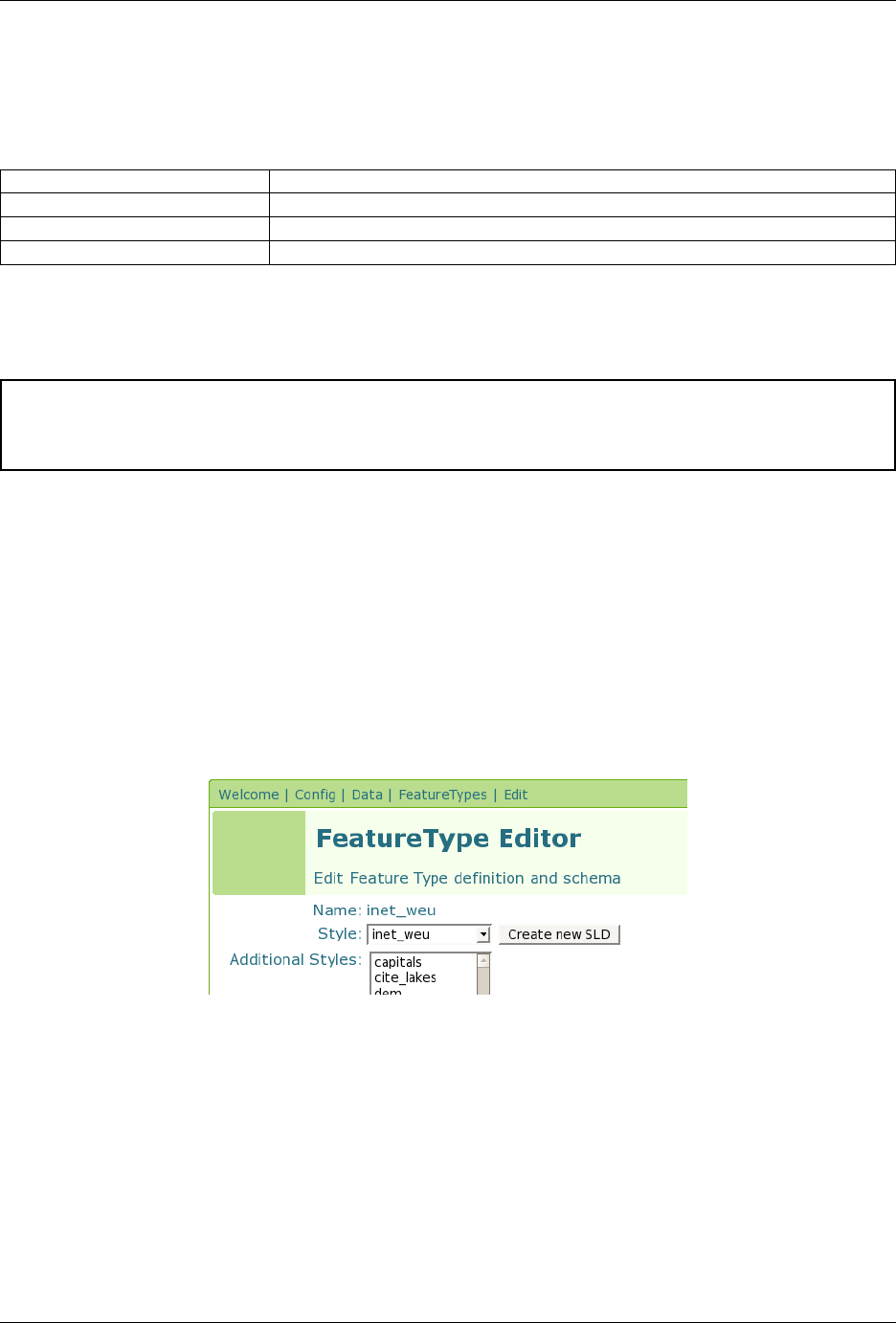
GeoServer User Manual, Release 2.15.1
We also have a few options for how Google Earth interprets the height field. By default, the height is
interpreted as relative to the ground, but we can also set the heights relative to sea level, or to be ignored
(useful for reverting to the ‘flat’ look without erasing your template). This is controlled with a format option
named altitudeMode, whose values are summarized below.
altitudeMode Purpose
altitudeMode Interpret height as relative to ground level
absolute Interpret height as relative to sea level
clampToGround Ignore height entirely
Time
Warning: The screenshots on this tutorial have not yet been updated for the 2.0.x user interface. But
most all the rest of the information should be valid, and the user interface is roughly the same, but a bit
more easy to use.
Getting Started
For this tutorial we will using a Shapefile which contains information about the number of Internet users
in the countries of Western Europe for a rang of years.
1. Download and unzip inet_weu.zip
2. Configure GeoServer to serve the Shapefile inet_weu.zip. (A tutorial is available Publishing a shape-
file.)
3. Add the SLD “inet_weu.sld to GeoServer. ( A tutorial is available for Styling)
4. Set the style of the feature type added in step 2 to the style added in step 3
Fig. 7.50: Style
Checking the Setup
If all is configured properly you should be able to navigate to http://localhost:8080/geoserver/wms/kml?
layers=topp:inet_weu&format=openlayers&bbox=-33.780,26.266,21.005,56.427 and see the following map:
1138 Chapter 7. Services
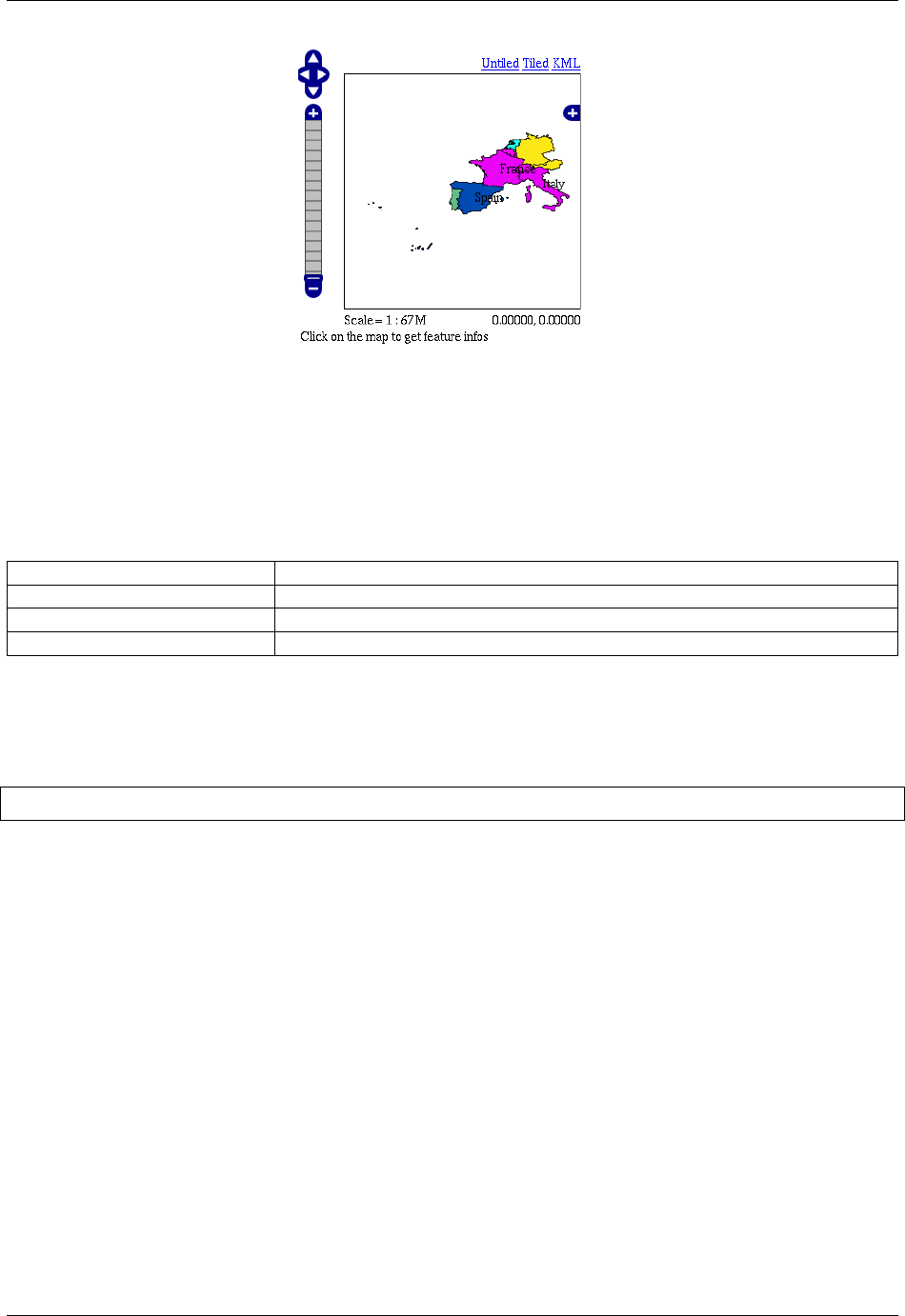
GeoServer User Manual, Release 2.15.1
Fig. 7.51: Setup
Creating the Template
Next we will create a template which allows us to specify the temporal aspects of the dataset. The schema
of our dataset looks like:
INET_P100n Number of internet users per 100 people
NAME Name of country
RPT_YEAR Year
Geometry Polygon representing the country
The temporal attribute is RPT_YEAR and is the one that matters to us. Ok, time to create the template.
1. In your text editor of choice, create a new text file called time.ftl.
2. Add the following text:
${RPT_YEAR.value?date('yyyy')}
3. Save the file to the <GEOSERVER_DATA_DIR>/workspaces/topp/inet_weu_shapefile/
inet_weu directory. Where <GEOSERVER_DATA_DIR> is the location of the “data directory” of your
GeoServer installation. Usually pointed to via the GEOSERVER_DATA_DIR environment variable.
See the ref:references section for more information about specifying a date format.
Trying it Out
Ok time to try it out.
1. Navigate to http://localhost:8080/geoserver/wms/kml?layers=inet_weu&legend=true. This should
cause Google Earth to open.
2. In Google Earth, adjust the time bar so that it captures a time interval that is approximately 1 year
wide
3. Slide the time bar forward in time and notice how the polygon colors change
7.1. Web Map Service (WMS) 1139
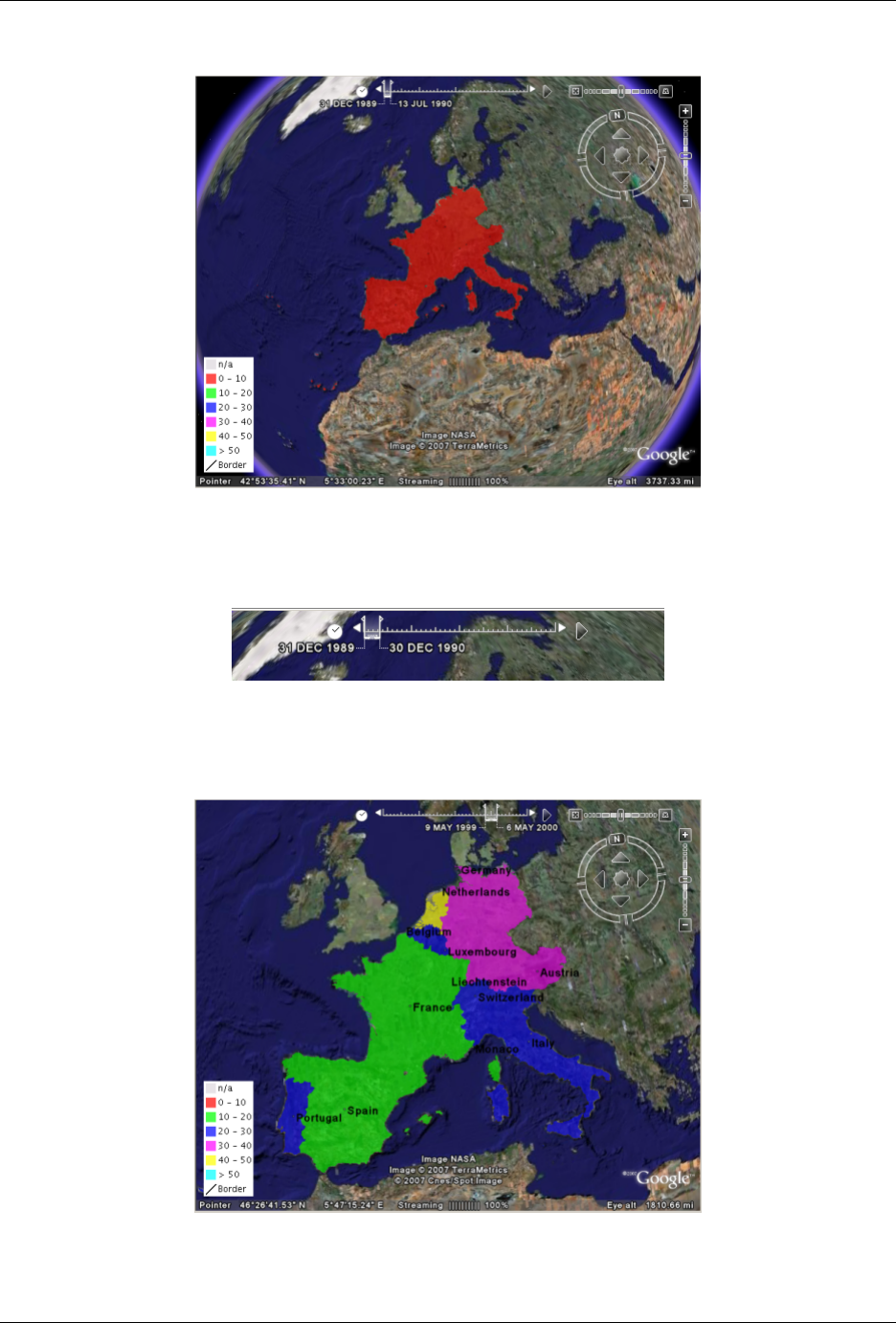
GeoServer User Manual, Release 2.15.1
Fig. 7.52: Google Earth
Fig. 7.53: Google Earth Time Bar
Fig. 7.54: Sliding the Time Bar
1140 Chapter 7. Services
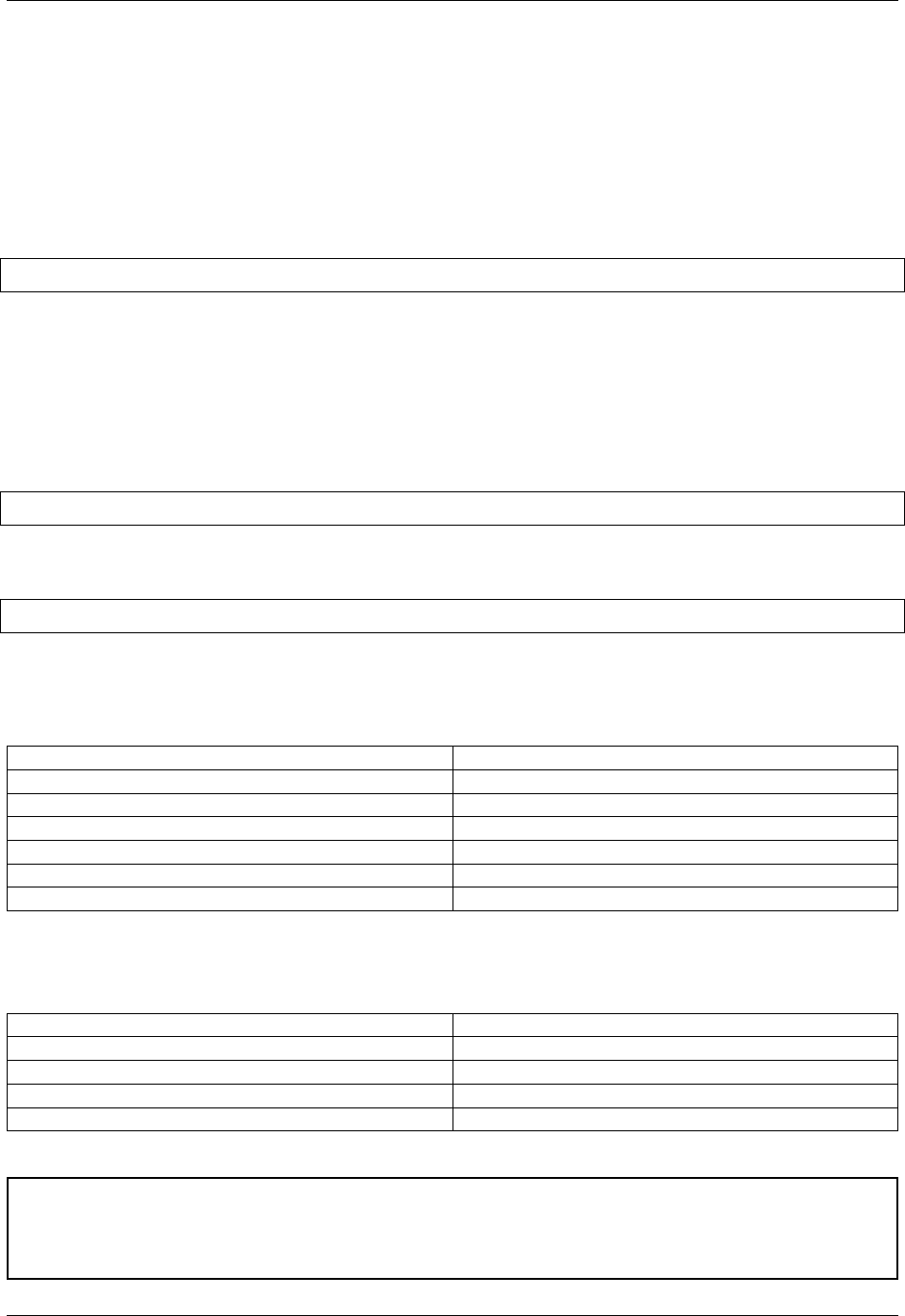
GeoServer User Manual, Release 2.15.1
References
Specifying a Date Format
When setting up a time template for your own dataset the most important issue is the format of your
temporal data. It may or may not be in a format in which GeoServer can read directly. You can check if
the date/time format can be used directly by GeoServer by using the following time template. This is an
example time template file (time.ftl) file without explicit formatting.
${DATETIME_ATTRIBUTE_NAME.value}
While GeoServer will try its best to parse the data there are cases in which your data is in a format which it
cannot parse. When this occurs it is necessary to explicitly specify the format. Luckily Freemarker provides
us with functionality to do just this.
Consider the date time 12:30 on January 01, 2007 specified in the following format: 01?
01%2007&12$30!00. When creating the template we need to explicitly tell Freemarker the format the
date time is in with the datetime function. This is an example time template file (time.ftl) file with explicit
formatting:
${DATETIME_ATTRIBUTE_NAME.value?datetime("M?d%y&H:m:s")}
The process is similar for dates (no time). The date 01?01%2007 would be specified in a template with
explicit formatting:
${DATETIME_ATTRIBUTE_NAME.value?date("M?d%y")}
So when must you specify the date format in this manner? The following table illustrates the date formats
that GeoServer can understand. Note that the ‘-‘ character can be one of any of the following characters: ‘/’
(forward slash), ‘ ‘ (space), ‘.’ (period), ‘,’ (comma)
Date Format Example
yyyy-MM-dd 2007-06-20
yyyy-MMM-dd 2007-Jun-20
MM-dd-yyyy 06-20-2007
MMM-dd-yyyy Jun-20-2007
dd-MM-yyyy 20-06-2007
dd-MMM-yyyy 20-Jun-2007
The set of date time formats which GeoServer can be understand is formed by appending the timestamp
formats hh:mm and hh:mm:ss to the entries in the above table:
DateTime Format Example
yyyy-MM-dd hh:mm 2007-06-20 12:30
yyyy-MMM-dd hh:mm 2007-Jun-20 12:30
yyyy-MM-dd hh:mm:ss 2007-06-20 12:30:00
yyyy-MMM-dd hh:mm:ss 2007-Jun-20 12:30:00
Warning: Setting the Timezone
Be aware that the KML output for date time formats will reflect the timezone of the java virtual machine,
which can be set using the user.timezone parameter in the startup script. For example, the following
7.1. Web Map Service (WMS) 1141

GeoServer User Manual, Release 2.15.1
command starts GeoServer using the Coordinated Universal Time (UTC) timezone.
exec "$_RUNJAVA" -DGEOSERVER_DATA_DIR="$GEOSERVER_DATA_DIR" -Djava.
awt.headless=true -DSTOP.PORT=8079 -Duser.timezone=UTC -DSTOP.
KEY=geoserver -jar start.jar
If the timezone is not set, it will default to the timezone of the operating system.
Specifying a Date Range
In the above example a single time stamp is output for the dataset. GeoServer also supports specifying date
ranges via a template. The syntax for ranges is:
Where begin is the first date in the range, end is the last date in the range, and || is the delimiter between
the two. As an example:
Would the date range starting at January 1, 2007 and ending June 1, 2007. Date ranges can also be
open ended:
The first date specifies a date range where the beginning is open-ended. The second specifies a date range
where the end is open-ended.
Super-Overlays and GeoWebCache
Overview
This tutorial explains how to use GeoWebCache (GWC) to enhance the performance of super-overlays in
Google Earth. For more information please see the page on KML Super-Overlays
Conveniently GeoWebCache can generate super-overlays automatically. With the standalone GeoWeb-
Cache it takes minimal amount of configuration. Please see the GeoWebCache documentation for more
information on the standalone version of GeoWebCache.
We are going to use the plug in version of GeoWebCache where there is no configuration need. For this
tutorial we are also using the topp:states layer. Using the GeoWebCache plug in with super-overlays
To access GWC from GeoServer go to http://localhost:8080/geoserver/gwc/demo/. This should return a
layer list of similar to below.
To use a super-overlay in GeoWebCache select the KML (vector) option display for each layer. Lets select
topp:states.The url would be http://localhost:8080/geoserver/gwc/service/kml/topp:states.kml.kmz Af-
ter doing so you will be presented with a open option dialog, choose Google Earth.
When Google Earth finishes loading you should be viewing a the topp:states layers.
Features
This section delves into greater detail about the various functionality and options possible with KML output
and Google Earth.
KML Reflector
Standard WMS requests can be quite long and cumbersome. The following is an example of a request for
KML output from GeoServer:
1142 Chapter 7. Services
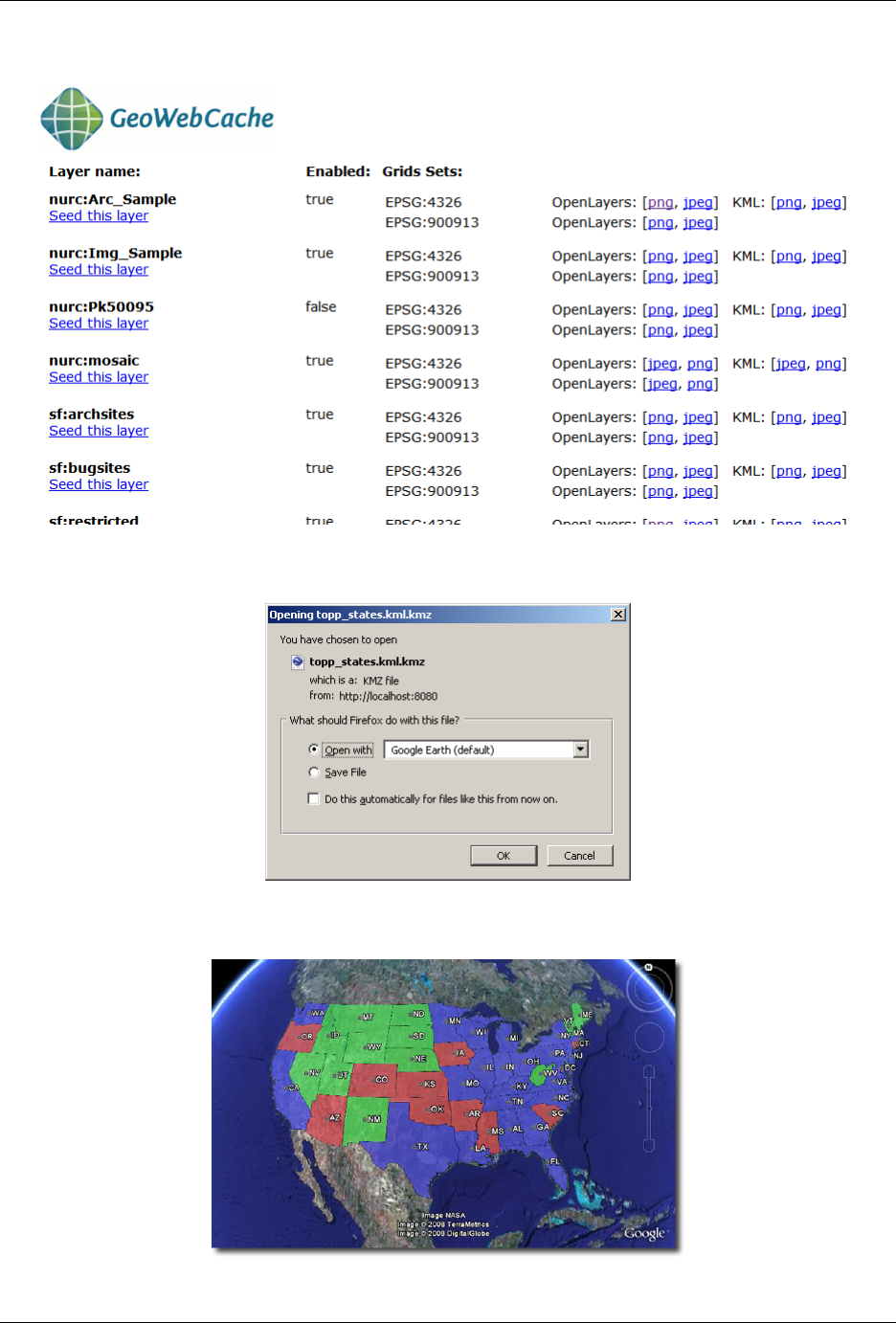
GeoServer User Manual, Release 2.15.1
7.1. Web Map Service (WMS) 1143
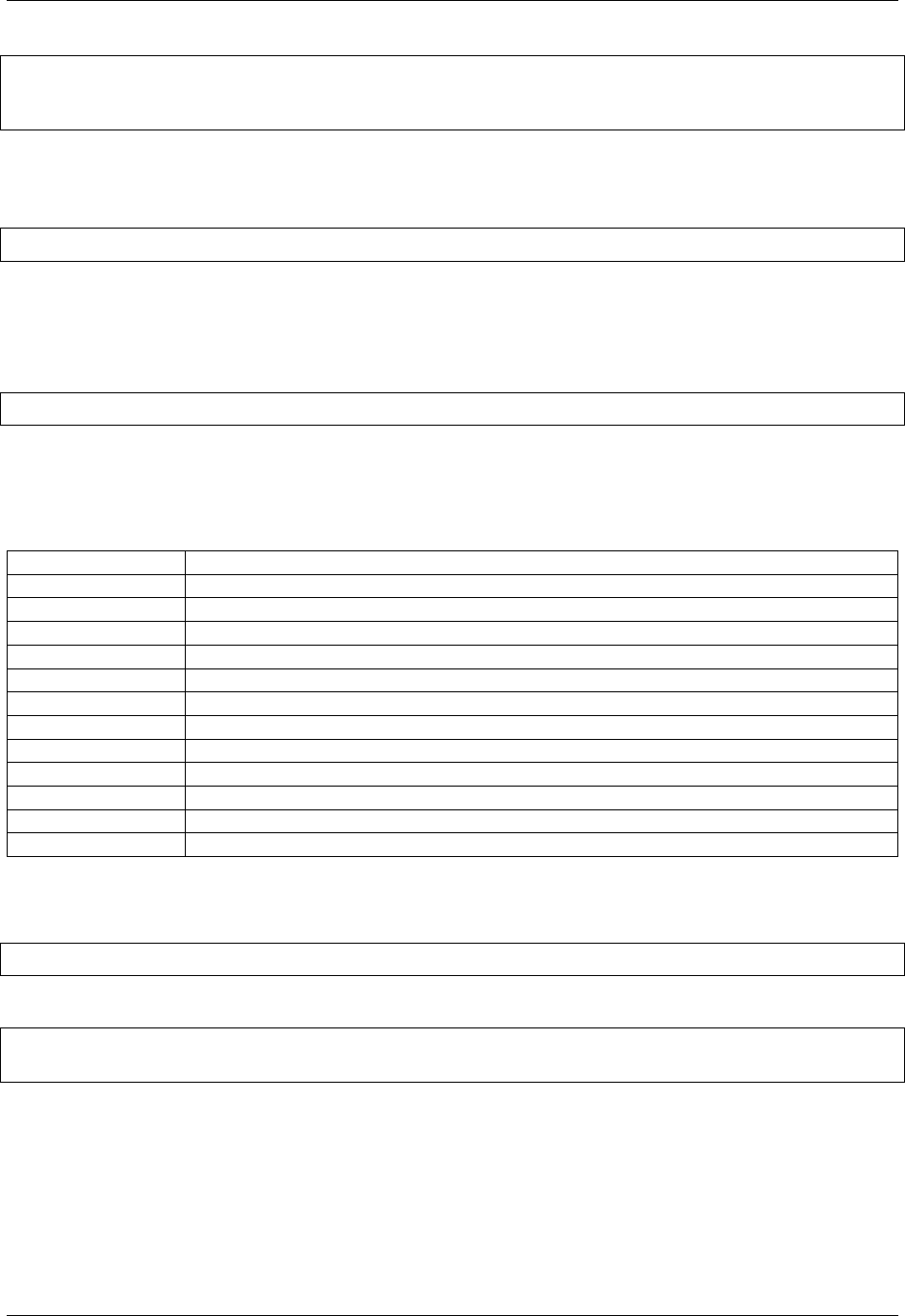
GeoServer User Manual, Release 2.15.1
http://localhost:8080/geoserver/ows?service=WMS&request=GetMap&version=1.1.1&
,→format=application/vnd.google-earth.kml+XML&width=1024&height=1024&srs=EPSG:4326&
,→layers=topp:states&styles=population&bbox=-180,-90,180,90
GeoServer includes an alternate way of requesting KML, and that is to use the KML reflector. The KML
reflector is a simpler URL-encoded request that uses sensible defaults for many of the parameters in a
standard WMS request. Using the KML reflector one can shorten the above request to:
http://localhost:8080/geoserver/wms/kml?layers=topp:states
Using the KML reflector
The only mandatory parameter is the layers parameter. The syntax is as follows:
http://GEOSERVER_URL/wms/kml?layers=<layer>
where GEOSERVER_URL is the URL of your GeoServer instance, and <layer> is the name of the feature-
type to be served.
The following table lists the default assumptions:
Key Value
request GetMap
service wms
version 1.1.1
srs EPSG:4326
format applcation/vnd.google-earth.kmz+xml
width 2048
height 2048
bbox <layer bounds>
kmattr true
kmplacemark false
kmscore 40
styles [default style for the featuretype]
Any of these defaults can be changed when specifying the request. For instance, to specify a particular
style, one can append styles=population to the request:
http://localhost:8080/geoserver/wms/kml?layers=topp:states&styles=population
To specify a different bounding box, append the parameter to the request:
http://localhost:8080/geoserver/wms/kml?layers=topp:states&bbox=-124.73,24.96,-66.97,
,→49.37
Reflector modes
The KML reflector can operate in one of three modes: refresh,superoverlay, and download.
The mode is set by appending the following parameter to the URL:
1144 Chapter 7. Services
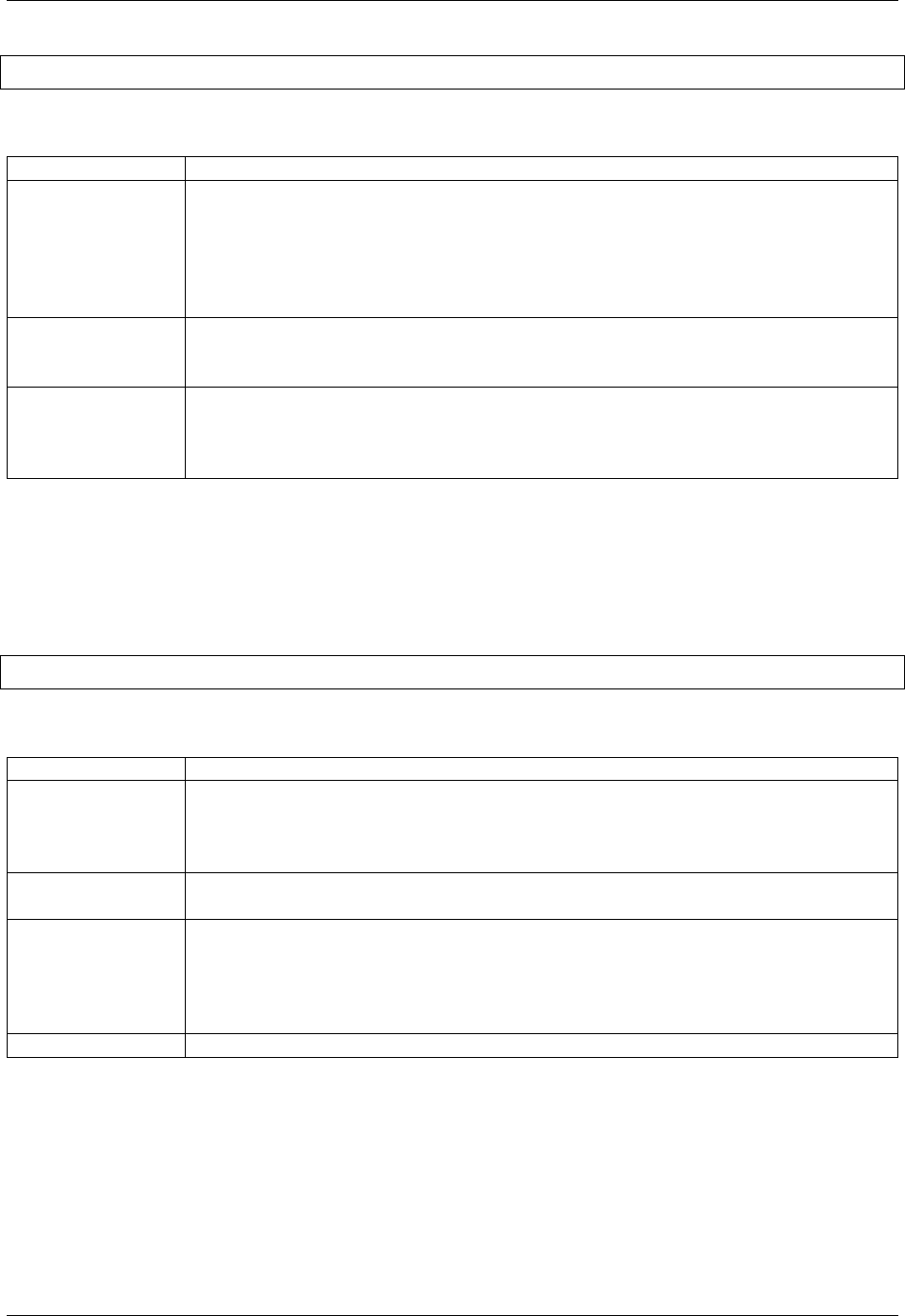
GeoServer User Manual, Release 2.15.1
mode=<mode>
where <mode> is one of the three reflector modes. The details for each mode are as follows:
Mode Description
refresh (default for all versions except 1.7.1 through 1.7.5) Returns dynamic KML that can
be refreshed/updated by the Google Earth client. Data is refreshed and new
data/imagery is downloaded when zooming/panning stops. This mode can re-
turn either vector or raster (placemark or overlay) The decision to return either
vector or raster data is determined by the value of kmscore. Please see the section
on KML Scoring for more information.
superoverlay (default for versions 1.7.1 through 1.7.5) Returns KML as a super-overlay. A super-
overlay is a form of KML in which data is broken up into regions. Please see the
section on KML Super-Overlays for more information.
download Returns KML which contains the entire data set. In the case of a vector layer, this
will include a series of KML placemarks. With raster layers, this will include a
single KML ground overlay. This is the only mode that doesn’t dynamically request
new data from the server, and thus is self-contained KML.
More about the “superoverlay” mode
When requesting KML using the superoverlay mode, there are four additional submodes available re-
garding how and when data is requested. These options are set by appending the following parameter to
the KML reflector request:
superoverlay_mode=<submode>
where <submode> is one of the following options:
Submode Description
auto (default) Always returns vector features if the original data is in vector form, and
returns raster imagery if the original data is in raster form. This can sometimes be
less than optimal if the geometry of the features are very complicated, which can
slow down Google Earth.
raster Always returns raster imagery, regardless of the original data. This is almost al-
ways faster, but all vector information is lost in this view.
overview Displays either vector or raster data depending on the view. At higher zoom levels,
raster imagery will be displayed, and at lower zoom levels, vector features will
be displayed. The determination for when to switch between vector and raster
is made by the regionation parameters set on the server. See the section on KML
Regionation for more information.
hybrid Displays both raster and vector data at all times.
Toggling Placemarks
Vector Placemarks
When GeoServer generates KML for a vector dataset, it attaches information from the data to each feature
that is created. When clicking on a vector feature, a pop-up window is displayed. This is called a placemark.
7.1. Web Map Service (WMS) 1145
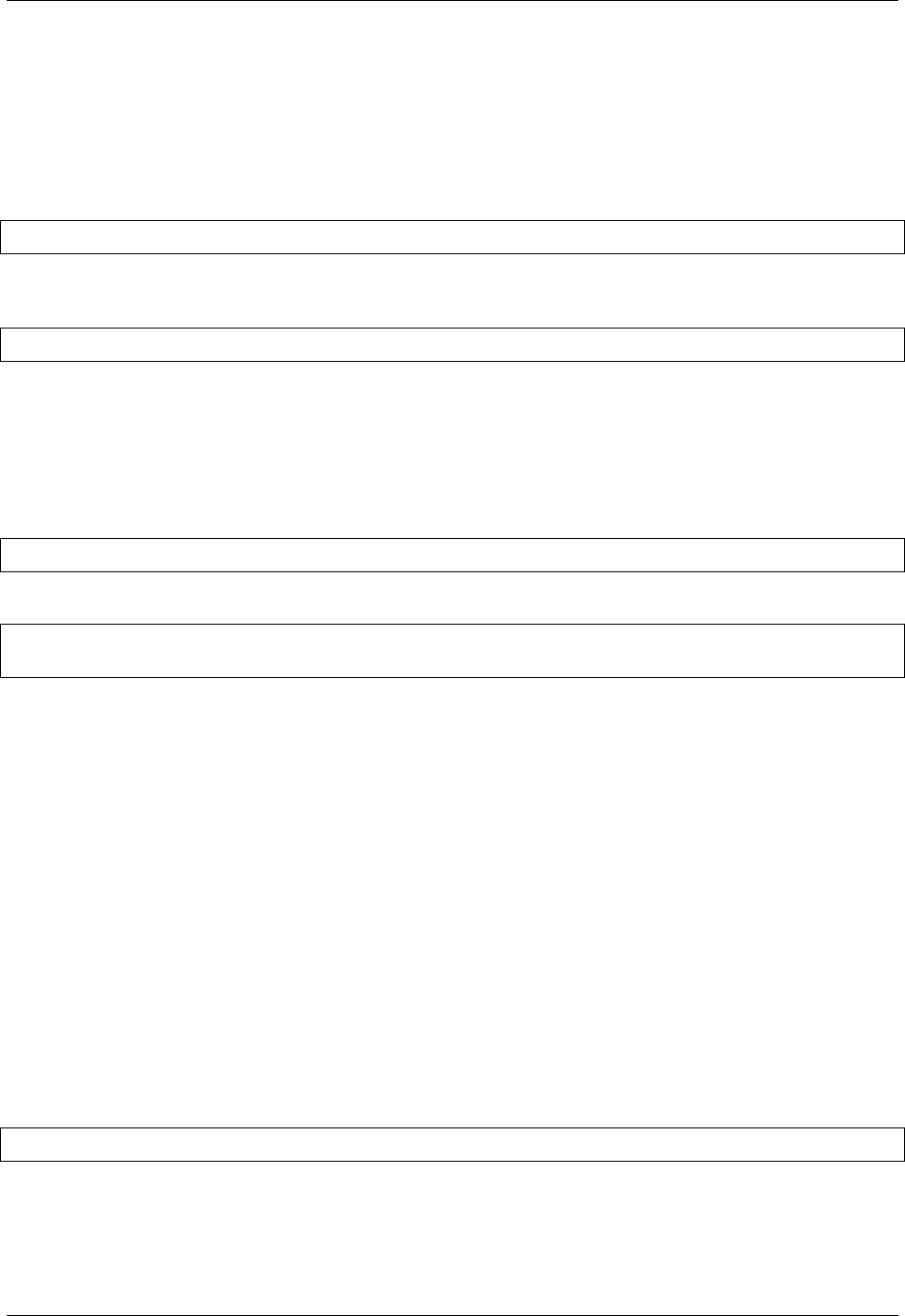
GeoServer User Manual, Release 2.15.1
By default this is a simple list which displays attribute data, although this information can be customized
using Freemarker templates.
If you would like this information not to be shown when a feature is clicked (either for security reasons, or
simply to have a cleaner user interface), it is possible to disable this functionality. To do so, use the kmattr
parameter in a KML request to turn off attribution.
The syntax for kmattr is as follows:
format_options=kmattr:[true|false]
Note that kmattr is a “format option”, so the syntax is slightly different from the usual key-value pair. For
example:
http://localhost:8080/geoserver/wms/kml?layers=topp:states&format_options=kmattr:false
Raster Placemarks
Unlike vector features, where the placemark is enabled by default, placemarks are disabled by default with
raster images of features. To enable this feature, you can use the kmplacemark format option in your KML
request. The syntax is similar to the kmattr format option specified above:
format_options=kmplacemark:[true|false]
For example, using the KML reflector, the syntax would be:
http://localhost:8080/geoserver/wms/kml?layers=topp:states&format_
,→options=kmplacemark:true
Customizing Placemarks
KML output can leverage some powerful visualization abilities in Google Earth. Titles can be displayed
on top of the features. Descriptions (custom HTML shown when clicking on a feature) can be added
to customize the views of the attribute data. In addition, using Google Earth’s time slider, time-based
animations can be created. Finally, height of features can be set, as opposed to the default ground overlay.
All of these can be accomplished by creating Freemarker templates. Freemarker templates are text files
(with limited HTML code), saved in the GeoServer data directory, that utilize variables that link to specific
attributes in the data.
Titles
Specifying labels via a template involves creating a special text file called title.ftl and placing it into the
featuretypes directory inside the GeoServer data directory for the dataset to be labeled. For instance, to create
a template to label the states layer by state name, one would create the file: <data_dir>/workspaces/
topp/states_shapefile/states/title.ftl. The content of the file would be:
${STATE_NAME.value}
1146 Chapter 7. Services
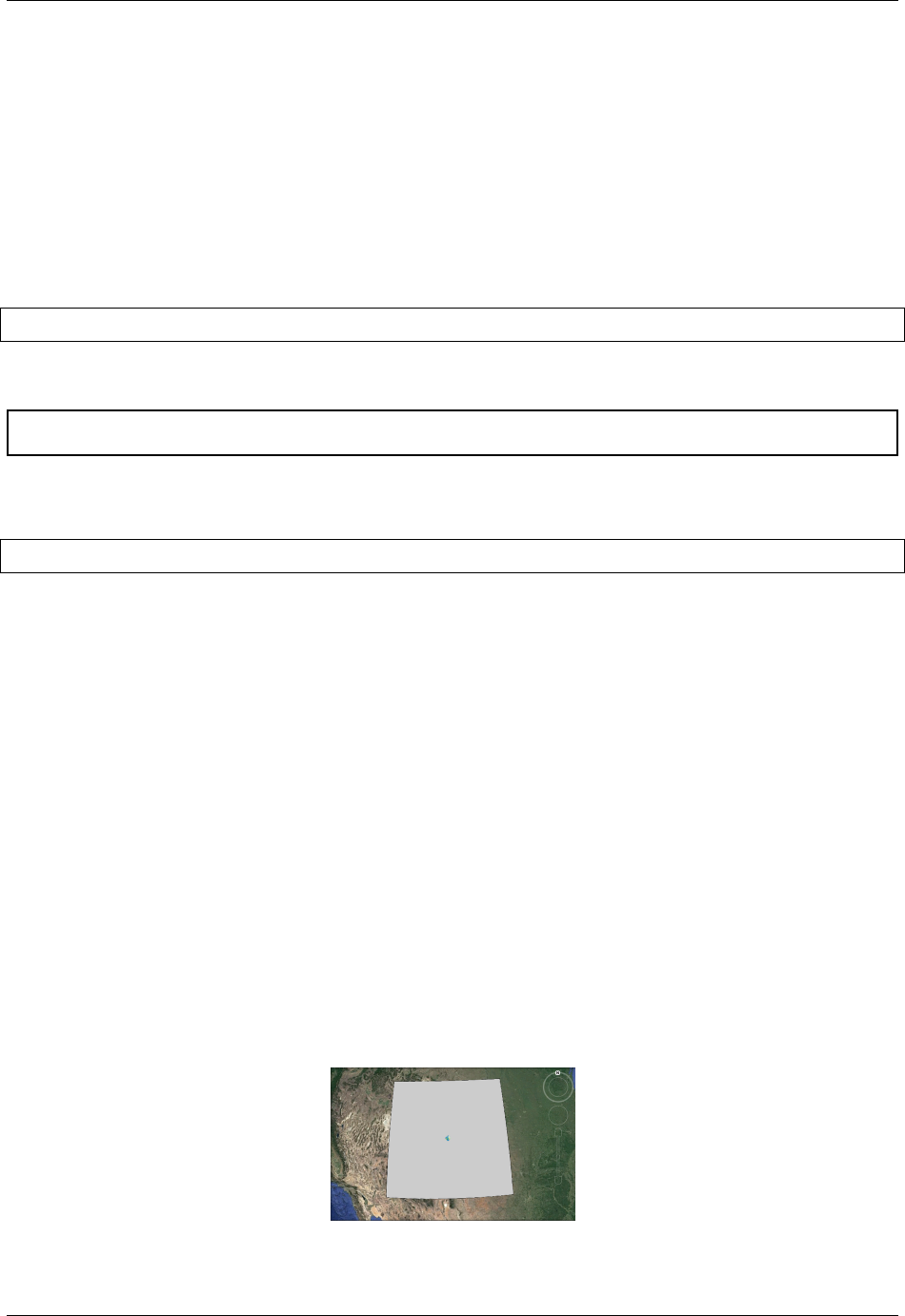
GeoServer User Manual, Release 2.15.1
Descriptions
When working with KML, each feature is linked to a description, accessible when the feature is clicked on.
By default, GeoServer creates a list of all the attributes and values for the particular feature.
It is possible to modify this default behavior. Much like with featuretype titles, which are edited by creating
atitle.ftl template, specifying descriptions via a template involves creating a special text file called
description.ftl and placing it into the featuretypes directory inside the GeoServer data directory for the
dataset to be labeled. For instance, a sample description template would be saved here: <data_dir>/
workspaces/topp/states_shapefile/states/description.ftl. The content of the file could
be:
This is the state of ${STATE_NAME.value}.
The resulting description will look like this:
Warning: Add SS: A custom description
It is also possible to create one description template for all layers in a given namespace. To do this, create a
description.ftl file as above, and save it here:
<data_dir>/templates/<namespace>/description.ftl.
Please note that if a description template is created for a specific layer that also has an associated namespace
description template, the layer template (i.e. the most specific template) will take priority.
KML Placemark Placement
The placemark “placement” (also referred to as the “centroid”) refers to the location of the placemark icon
with respect to the feature geometry itself. Historically this placement has been chosen to be simply the
centroid of the feature geometry. This section describes options for controlling placement were introduced.
Clipping
The KMCENTROID_CLIP option determines whether the feature geometry should be clipped to the view-
port before the centroid is calculated. This will ensure that the placemark icon always falls within the
viewport, even in cases part of a geometry falls outside of it.
The option is set to either true or false. The default value is“false“.
As an example consider the following square polygon with it’s placemark icon. When the polygon is
entirely in the viewport the placement is good.
When the polygon moves out of the viewport the icon is lost as in the following figure:
7.1. Web Map Service (WMS) 1147
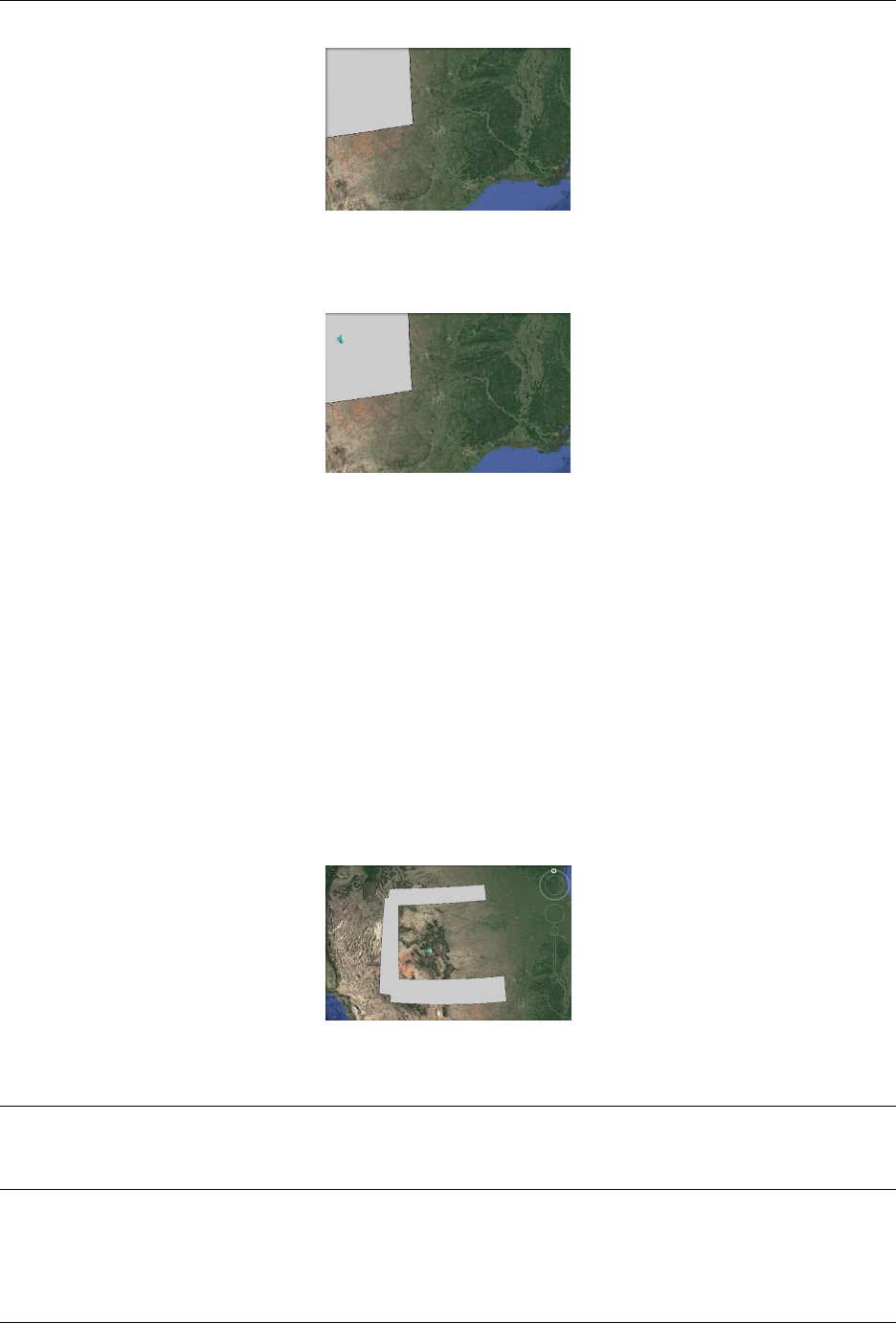
GeoServer User Manual, Release 2.15.1
When KMCENTROID_CLIP set to true only the part of the geometry intersecting the viewport is consid-
ered.
Sampling for internal point
The KMCENTROID_CONTAIN option determines whether point chosed for the centroid must fall within the
feature geometry. For irregularily shaped geometries (like a “C” shaped polygon) the default centroid
calculation will fall outside of the geometry. The option is set to either true or false. The default value is
false.
In order to find a contained point of a polygon a sampling tequnique is used where a number of points
are chosen until one is found that falls within the polygon. The KMCENTROID_SAMPLE option determines
how many samples to attempt. The value is an integer with a default value is 5. Note that this option only
applies when KMCENTROID_CONTAIN is set to true.
As an example consider the following “c” shaped polygon with it’s placemark icon. By default the icon
falls outside of the polygon.
When KMCENTROID_CONTAIN set to true a point within the polygon is chosen.
Note: The sampling tequnique may not always be able to find a suitable point. You can try to increase the
number of samples but it is still not a guarantee. Care also must be taken when increasing the sample count
since it adds overhead to the overall KML rendering process.
1148 Chapter 7. Services
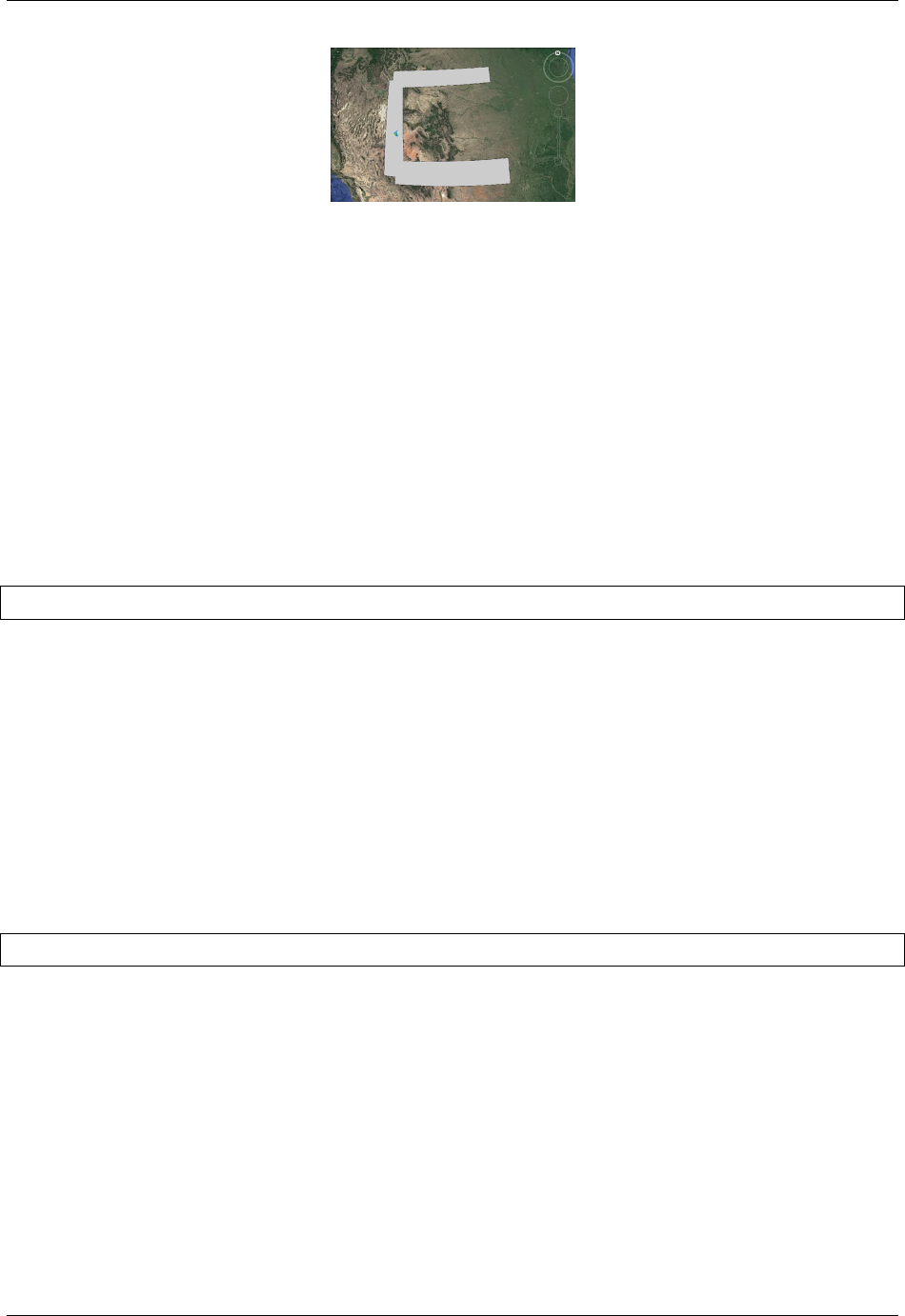
GeoServer User Manual, Release 2.15.1
KML Height and Time
Height
GeoServer by default creates two dimensional overlays in Google Earth. However, GeoServer can output
features with height information (also called “KML extrudes”) if desired. This can have the effect of having
features “float” above the ground, or create bar graph style structures in the shape of the features. The
height of features can be linked to an attribute of the data.
Setting the height of features is determined by using a KML Freemarker template. Create a file called
height.ftl, and save it in the same directory as the featuretype in your GeoServer data directory. For
example, to create a height template for the states layer, the file should be saved in <data_dir>/
workspaces/topp/states_shapefile/states/height.ftl.
To set the height based on an attribute, the syntax is:
${ATTRIBUTE.value}
Replace the word ATTRIBUTE with the name of the height attribute in your data set. For a complete tutorial
on working with the height templates see Heights Templates.
Time
Google Earth also contains a “time slider”, which can allow animations of data, and show changes over
time. As with height, time can be linked to an attribute of the data, as long as the data set has a date/time
attribute. Linking this date/time attribute to the time slider in Google Earth is accomplished by creating a
Freemarker template. Create a file called time.ftl, and save it in the same directory that contains your
data’s info.xml.
To set the time based on an attribute the syntax is:
${DATETIME_ATTRIBUTE.value}
Replace the word DATETIME_ATTRIBUTE with the name of the date/time attribute. When creating KML,
GeoServer will automatically link the data to the time element in Google Earth. If set successfully, the time
slider will automatically appear.
For a full tutorial on using GeoServer with Google Earth’s time slider see Time
KML Legends
WMS includes a GetLegendGraphic operation which allows a WMS client to obtain a legend graphic
from the server for a particular layer. Combining the legend with KML overlays allows the legend to be
viewed inside Google Earth.
7.1. Web Map Service (WMS) 1149
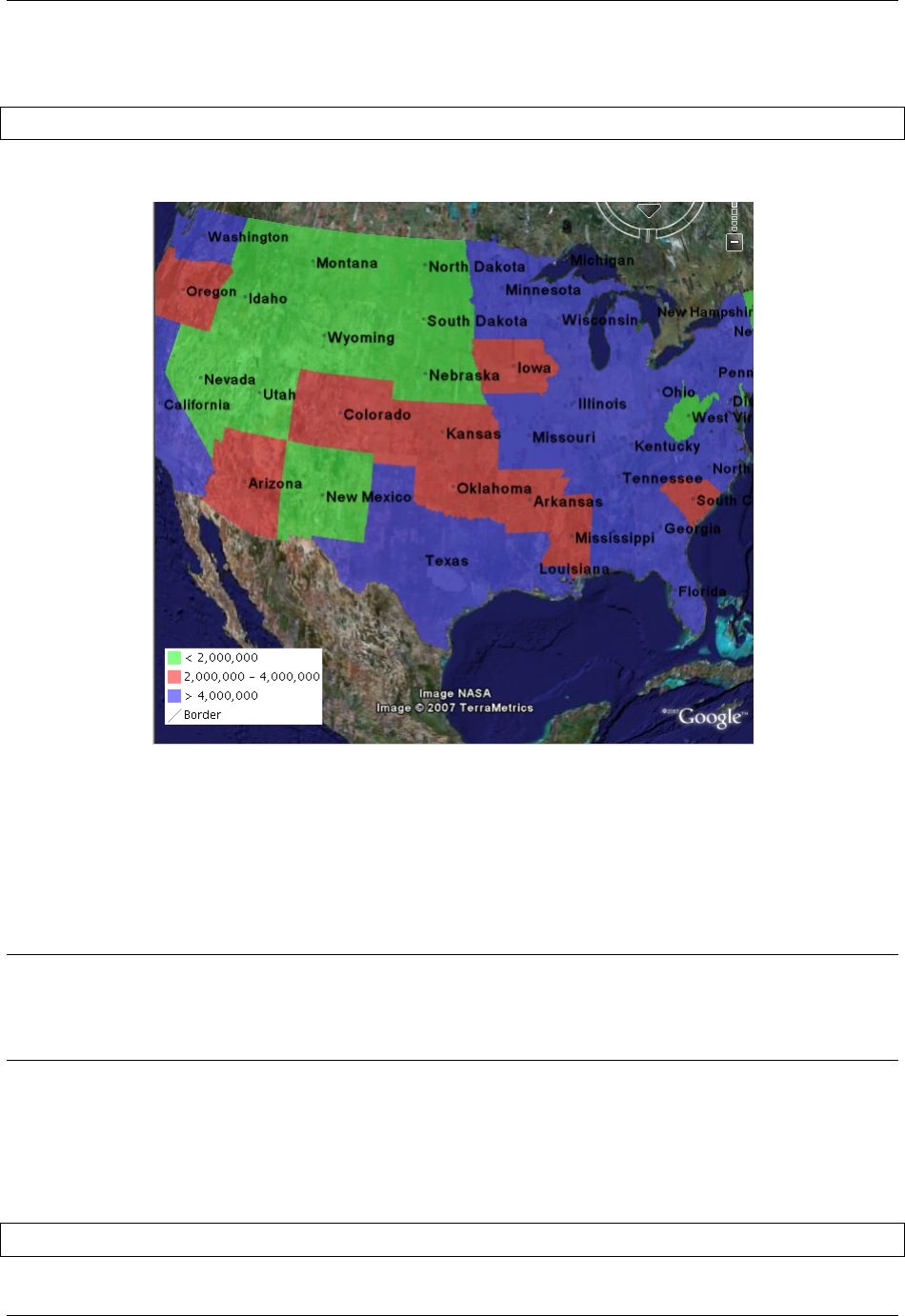
GeoServer User Manual, Release 2.15.1
To get GeoServer to include a legend with the KML output, append legend=true to the KML reflector
request. For example:
http://localhost:8080/geoserver/wms/kml?layers=topp:states&legend=true
The resulting Google Earth output looks like this:
Filters
Though not specific to Google Earth, GeoServer has the ability to filter data returned from the Web Map
Service (WMS). The KML Reflector will pass through any WMS filter or cql_filter parameter to
GeoServer to constrain the response.
Note: Filters are basically a translation of a SQL “WHERE” statement into web form. Though limited to
a single table, this allows users to do logical filters like “AND” and “OR” to make very complex queries,
leveraging numerical and string comparisons, geometric operations (“bbox”, “touches”, “intersects”, “dis-
joint”), “LIKE” statements, nulls, and more.
Filter
There simplest filter is very easy to include. It is called the featureid filter, and it lets you filter to a single
feature by its ID. The syntax is:
featureid=<feature>
1150 Chapter 7. Services
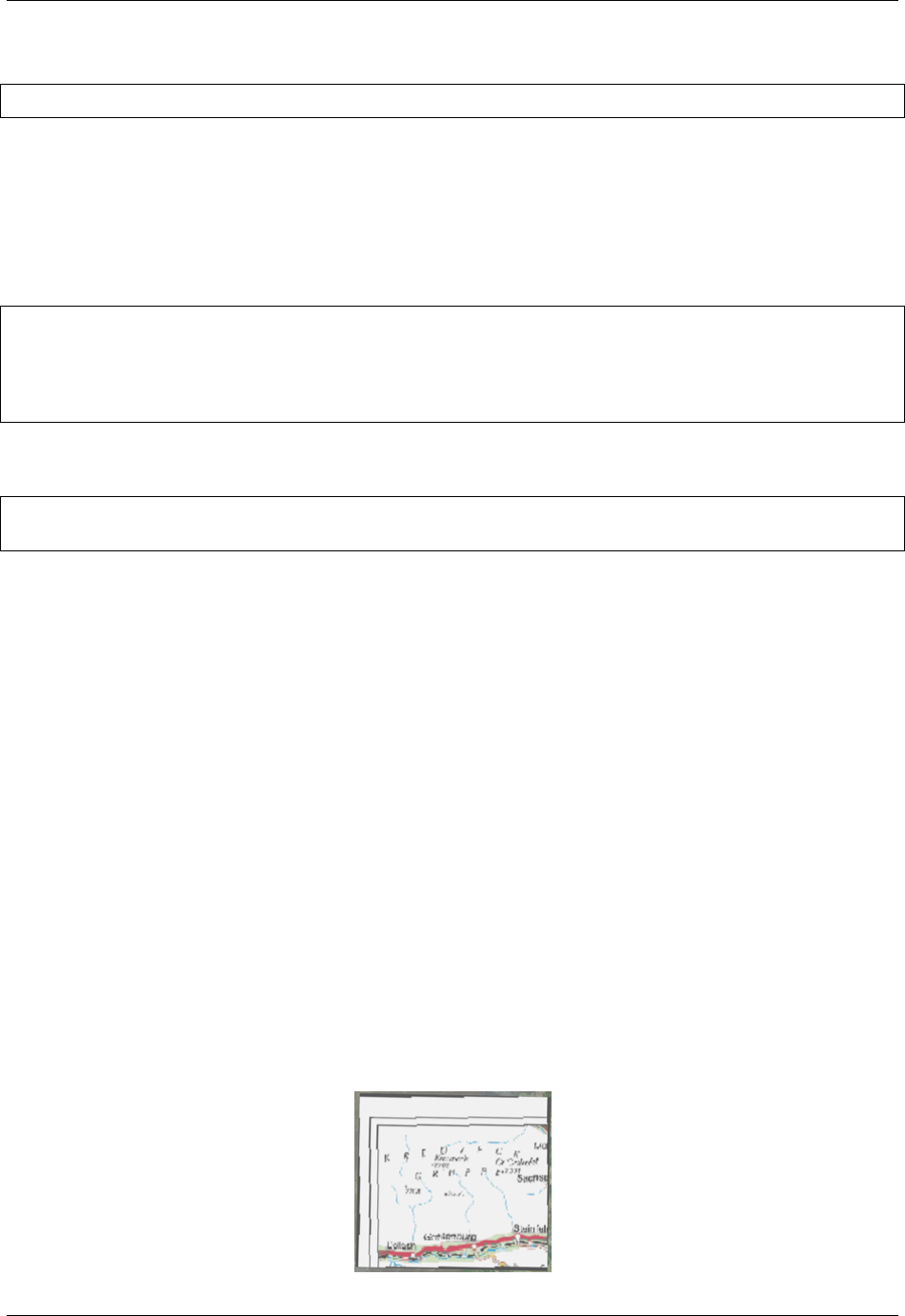
GeoServer User Manual, Release 2.15.1
where <feature> is the feature and its ID. An example would be:
http://localhost:8080/geoserver/wms/kml?layers=topp:states&featureid=states.5
This request will output only the state of Maryland. The feature IDs of your data are most easily found by
doing WFS or KML requests and examining the resulting output.
CQL Filter
Using filters in a URL can be very unwieldy, as one needs to include URL-encoded XML:
http:/localhost:8080/geoserver/wms/kml?layers=topp:states&FILTER=%3CFilter%3E
,→%3CPropertyIsBetween%3E%3CPropertyName%3Etopp:LAND_KM%3C/PropertyName%3E
,→%3CLowerBoundary%3E%3CLiteral%3E100000%3C/Literal%3E%3C/LowerBoundary%3E
,→%3CUpperBoundary%3E%3CLiteral%3E150000%3C/Literal%3E%3C/UpperBoundary%3E%3C/
,→PropertyIsBetween%3E%3C/Filter%3E
Instead, one can use Common Query Language (CQL), which allows one to specify the same statement
more succinctly:
http://localhost:8080/geoserver/wms/kml?layers=topp:states&CQL_FILTER=LAND_
,→KM+BETWEEN+100000+AND+150000
This query will return all the states in the US with areas between 100,000 and 150,000 km^2.
KML Super-Overlays
Super-overlays are a form of KML in which data is broken up into regions. This allows Google Earth to
refresh/request only particular regions of the map when the view area changes. Super-overlays are used to
efficiently publish large sets of data. (Please see Google’s page on super-overlays for more information.)
GeoServer supports two types of super-overlays: raster and vector. With raster super-overlays, GeoServer
intelligently produces imagery appropriate to the current zoom level and dynamically outputs new im-
agery when the zoom level changes. With vector super-overlays, feature data is requested for only the
visible features and new features are dynamically loaded as necessary. Raster super-overlays require less
resources on the client, but vector super-overlays have a higher output quality.
When using the KML Reflector, super-overlays are enabled by default, whether the data in question is raster
or vector. For more information on the various options for KML super-overlay output, please see the page
on the KML Reflector.
Raster Super-Overlays
Consider this image, which is generated from GeoServer. When zoomed out, the data is at a small size.
7.1. Web Map Service (WMS) 1151
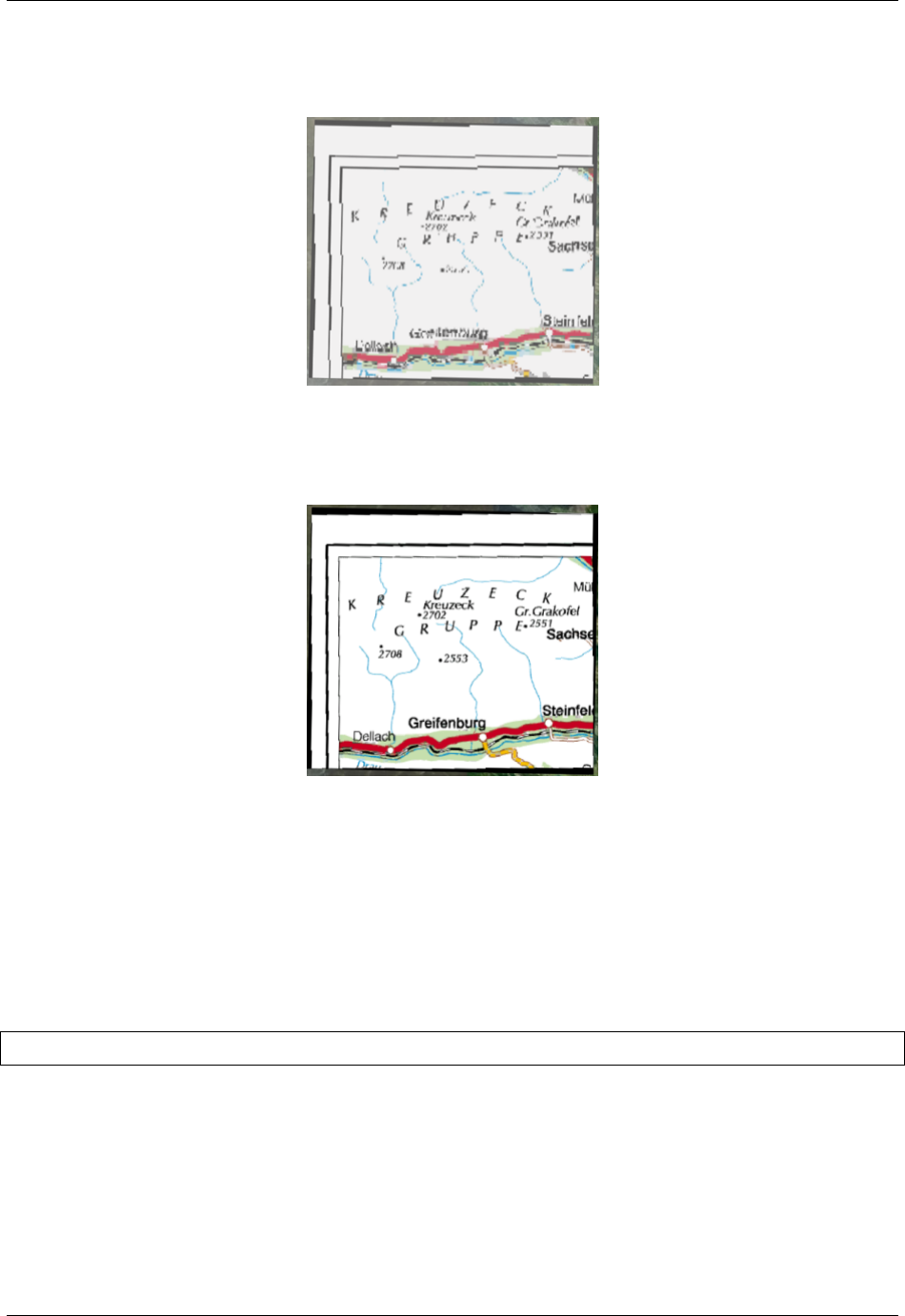
GeoServer User Manual, Release 2.15.1
When zooming in, the image grows larger, but since the image is at low resolution (orignially designed to
be viewed small), the quality degrades.
However, in a super-overlay, the KML document requests a new image from GeoServer of a higher reso-
lution for that zoom level. As the new image is downloaded, the old image is replaced by the new image.
Raster Super-Overlays and GeoWebCache
GeoServer implements super-overlays in a way that is compatible with the WMS Tiling Client Recommen-
dation. Super-overlays are generated such that the tiles of the super-overlay are the same tiles that a WMS
tiling client would request. One can therefore use existing tile caching mechanisms and reap a potentially
large performance benefit.
The easiest way to tile cache a raster super overlay is to use GeoWebCache which is built into GeoServer:
http://GEOSERVER_URL/gwc/service/kml/<layername>.<imageformat>.kmz
where GEOSERVER_URL is the URL of your GeoServer instance.
Vector Super-Overlays
GeoServer can include the feature information directly in the KML document. This has lots of benefits. It
allows the user to select (click on) features to see descriptions, toggle the display of individual features, as
well as have better rendering, regardless of zoom level. For large datasets, however, the feature information
1152 Chapter 7. Services

GeoServer User Manual, Release 2.15.1
can take a long time to download and use a lot of client-side resources. Vector super-overlays allow the
client to only download part of a dataset, and request more features as necessary.
Vector super-overlays can use the process of KML Regionation to organize features into a hierarchy. The
regionation process can operate in a variety of modes. Most of the modes require a “regionation attribute”
which is used to determine which features should be visible at a particular zoom level. Please see the KML
Regionation page for more details.
Vector Super-Overlays and GeoWebCache
As with raster super-overlays, it is possible to cache vector super-overlays using GeoWebCache. Below is
the syntax for generating a vector super-overlay KML document via GeoWebCache:
http://GEOSERVER_URL/gwc/service/kml/<layername>.kml.kmz
where GEOSERVER_URL is the URL of your GeoServer instance.
Unlike generating a super-overlay with the standard KML Reflector, it is not possible to specify the region-
ation properties as part of the URL. These parameters must be set in the Layers configuration which can be
navigated to by clicking on ‘Layers’ in the left hand sidebar and then selecting your vector layer.
KML Regionation
Displaying vector features on Google Earth is a very powerful way of creating nicely-styled maps. How-
ever, it is not always optimal to display all features at all times. Displaying too many features can create
an unsightly map, and can adversely affect Google Earth’s performance. To combat this, GeoServer’s KML
output includes the ability to limit features based on certain criteria. This process is known as regionation.
Regionation is active by default when using the superoverlay KML reflector mode.
Regionation Attributes
The most important aspect of regionation is to decide how to determine which features show up more
prominently than others. This can be done either by geometry, or by attribute. One should choose the
option that best exemplifies the relative “importance” of the feature. When choosing to regionate by geom-
etry, only the larger lines and polygons will be displayed at higher zoom levels, with smaller ones being
displayed when zooming in. When regionating by an attribute, the higher value of this attribute will make
those features show up at higher zoom levels. (Choosing an attribute with a non-numeric value will be
ignored, and will instead default to regionation by geometry.)
Regionation Strategies
Regionation strategies sets how to determine which features should be shown at any given time or zoom
level. There are five types of regionation strategies:
7.1. Web Map Service (WMS) 1153
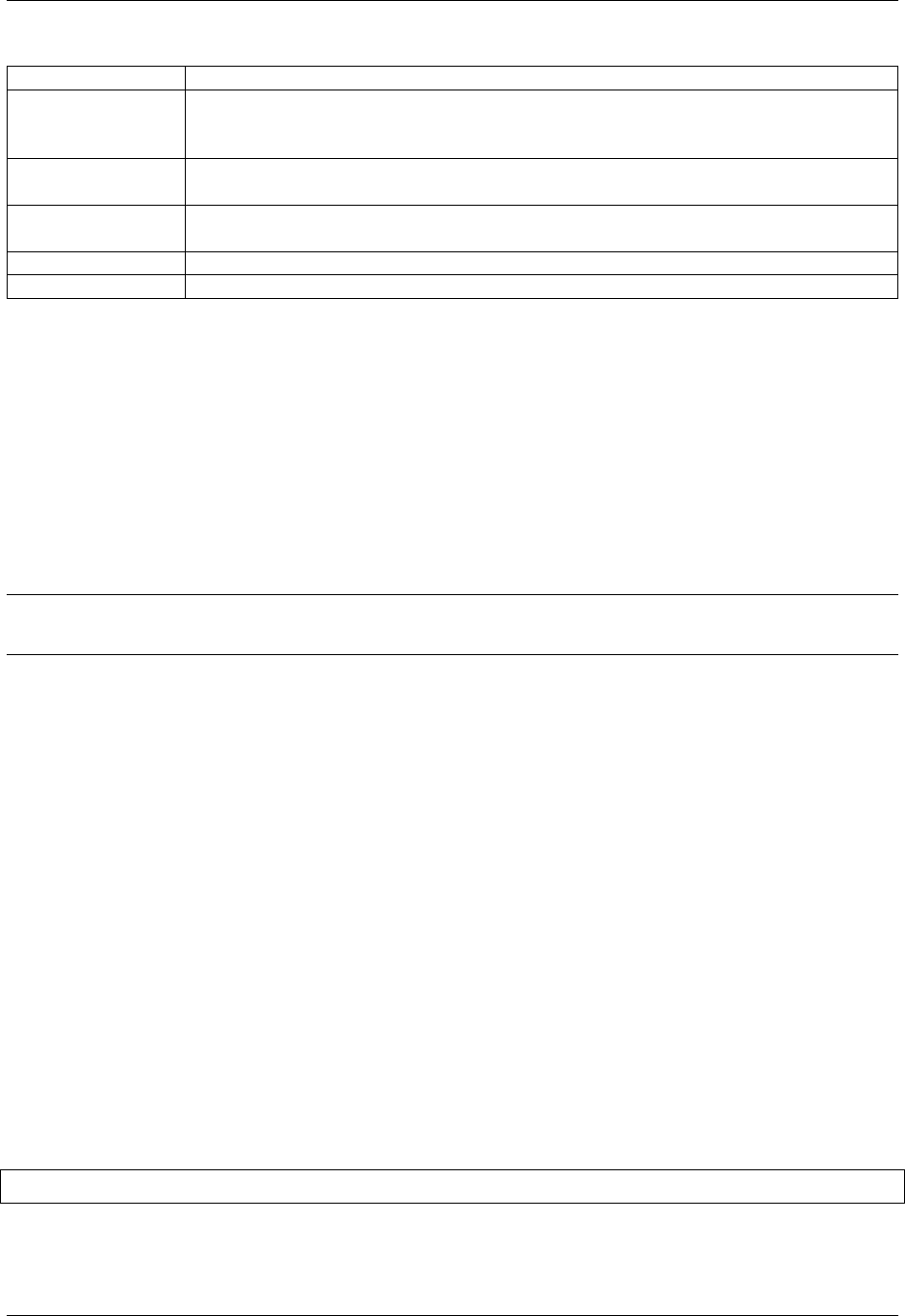
GeoServer User Manual, Release 2.15.1
Strategy Description
best_guess (default) The actual strategy is determined by the type of data being operated on. If
the data consists of points, the random strategy is used. If the data consists of lines
or polygons, the geometry strategy is used.
external-sortingCreates a temporary auxiliary database within GeoServer. It takes slightly extra
time to build the index upon first request.
native-sorting Uses the default sorting algorithm of the backend where the data is hosted. It is
faster than external-sorting, but will only work with PostGIS datastores.
geometry Externally sorts by length (if lines) or area (if polygons).
random Uses the existing order of the data and does not sort.
In most cases, the best_guess strategy is sufficient.
Setting Regionation Parameters
Regionation strategies and attributes are featuretype-specific, and therefore are set in the Layers editing
page of the Web administration interface. This can be navigated to by selecting ‘Layers’ on the left sidebar.
KML Scoring
Note: KML scoring only applies when using the super-overlay mode refresh. See KML Super-Overlays
for more information.
GeoServer can return KML in one of two forms. The first is as a number of placemark elements (vec-
tors). Each placemark corresponds to a feature in the underlying dataset. This form only applies to vector
datasets.
The second form is as an overlay (image). In this form the rendering is done by the GeoServer WMS and
only the resulting graphic is sent to Google Earth. This is the only form available for raster datasets, but
can be applied to vector datasets as well.
There are advantages to and disadvantages to each output mode when rendering vector data. Placemarks
look nicer, but there can be performance problems with Google Earth if the data set is large. Overlays put
less of a strain on Google Earth, but aren’t as nice looking.
The following shows the same dataset rendered in Placemark form on the top and Overlay form on the
bottom.
KML scoring is the process of determing whether to render features as rasters or as vectors.
The kmscore attribute
GeoServer makes the determination on whether to render a layer as raster or vector based on how many
features are in the data set and an attribute called kmscore. The kmscore attribute determines the maxi-
mum amount of vector features rendered. It is calculated by this formula:
maximum number of features =10^(kmscore/15)
The following table shows the values of this threashold for various values of the kmscore parameter:
1154 Chapter 7. Services
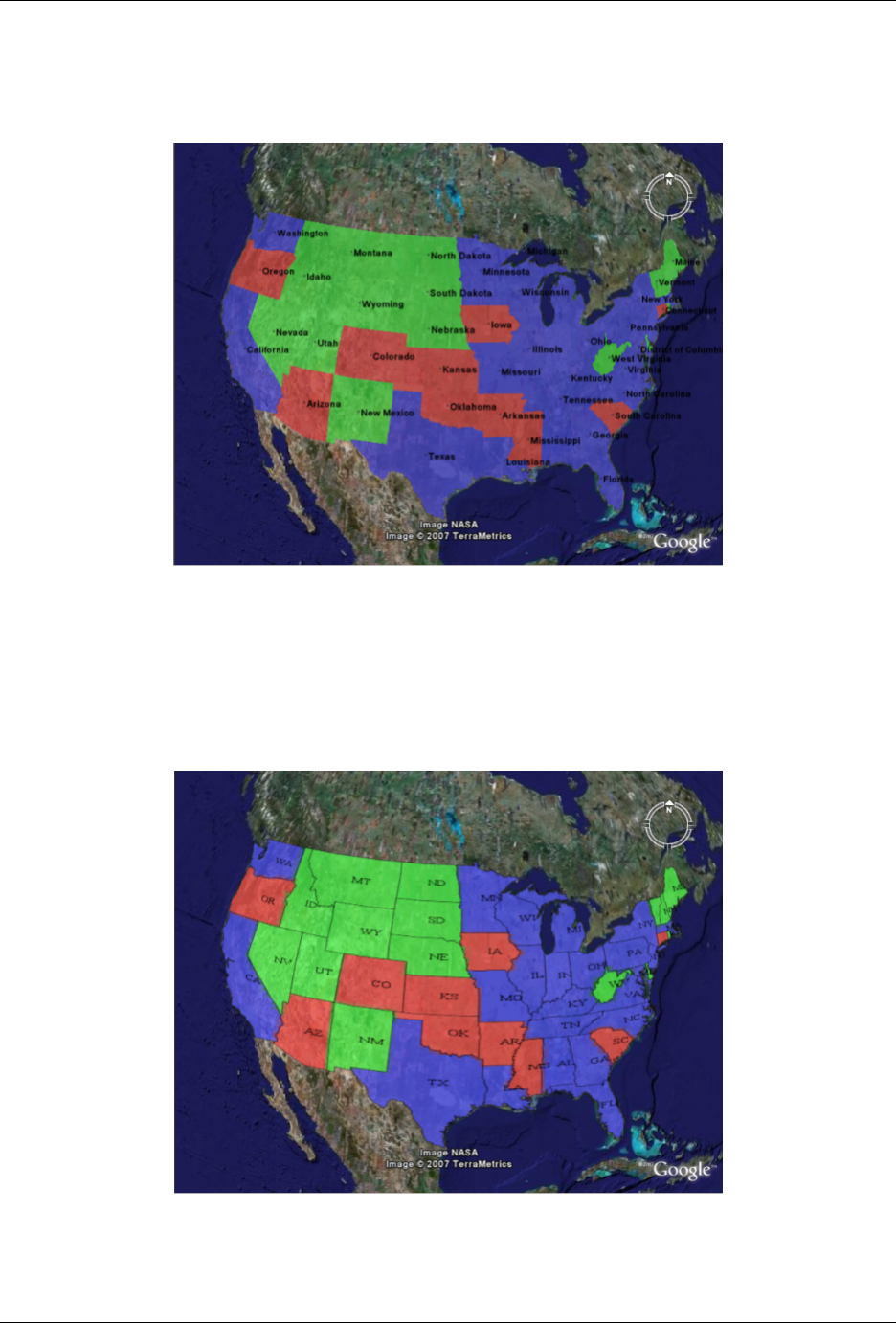
GeoServer User Manual, Release 2.15.1
7.1. Web Map Service (WMS) 1155
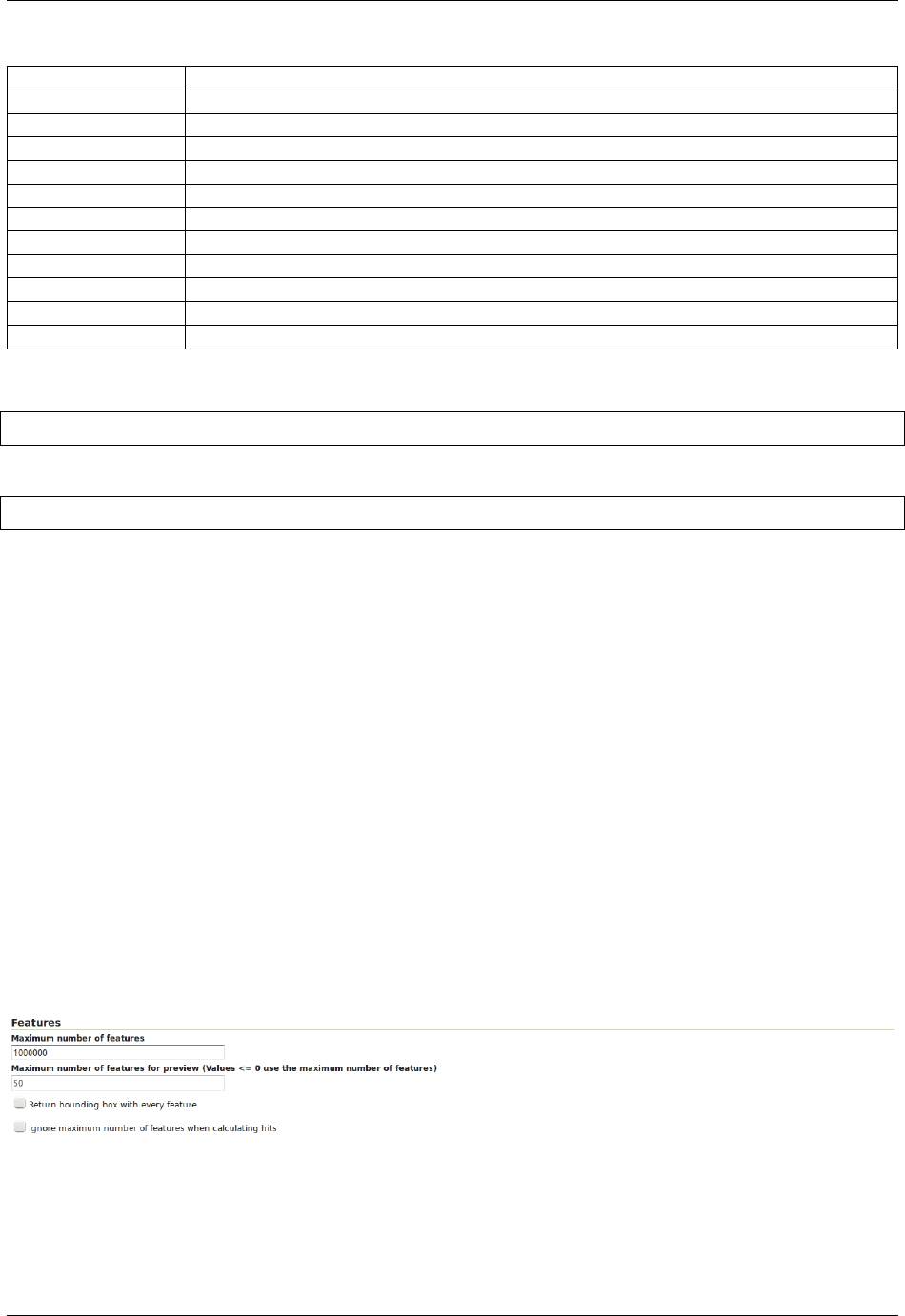
GeoServer User Manual, Release 2.15.1
kmscore Maximum # of features
0 Force overlay/raster output
10 4
20 21
30 100
40 Approx. 450
50 (default) Approx. 2150
60 Approx. 10,000
70 Approx. 45,000
80 Approx. 200,000
90 Approx. 1,000,000
100 Force placemark/vector output
The syntax for specifying kmscore is:
kmscore=<value>
where <value> is an integer between 0 and 100. For example:
http://localhost:8080/geoserver/wms/kml?layers=topp:states&mode=refresh&kmscore=20
The kmscore attribute will be ignored if using a reflector mode other than refresh.
7.2 Web Feature Service (WFS)
This section describes the Web Feature Service (WFS).
7.2.1 WFS settings
This page details the configuration options for WFS in the web administration interface.
Service Metadata
See the section on Service Metadata.
Features
Fig. 7.55: WFS configuration options - Features section
The Open Geospatial Consortium (OGC) Web Feature Service (WFS) is a protocol for serving geographic
features across the Web. Feature information that is encoded and transported using WFS includes both
1156 Chapter 7. Services
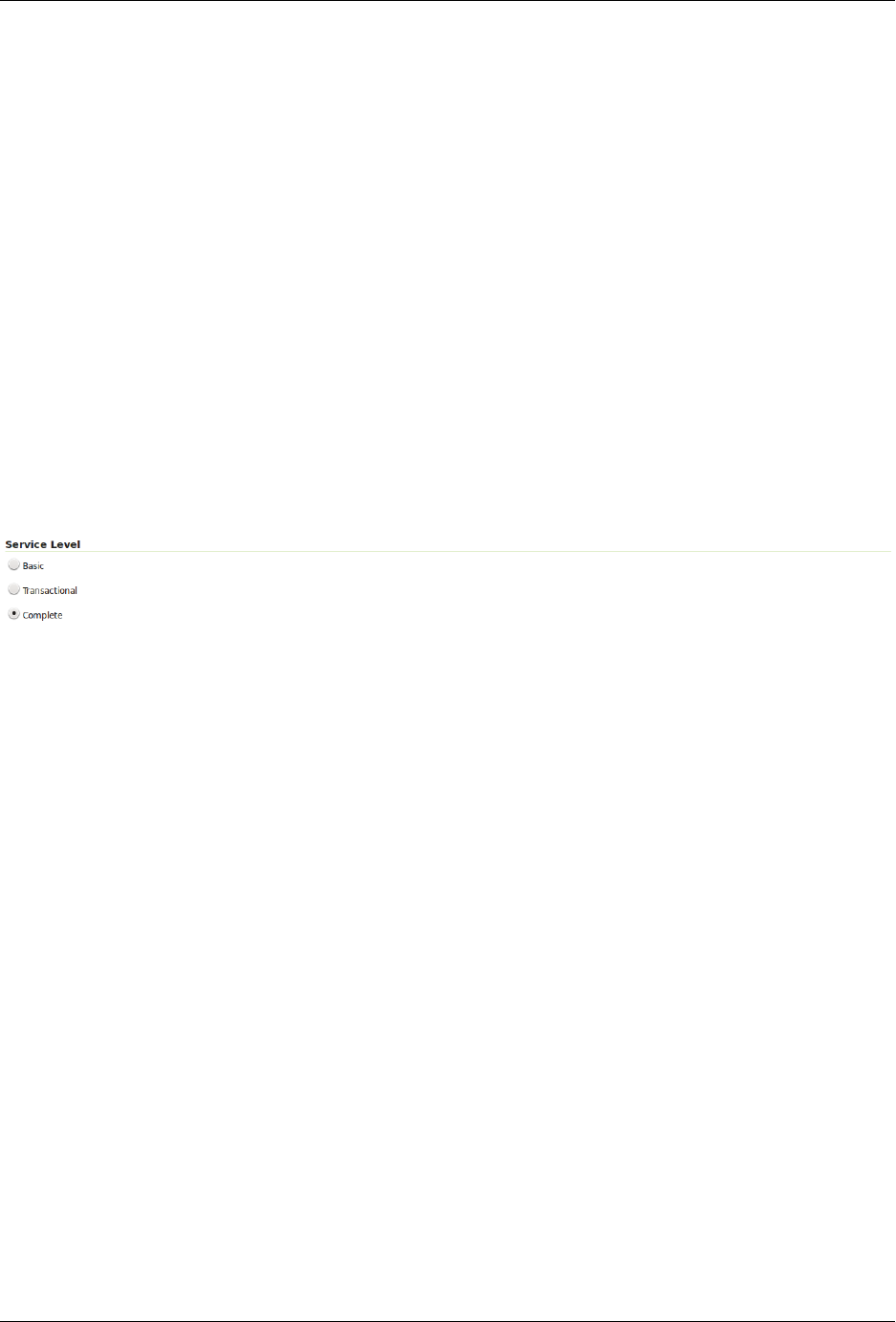
GeoServer User Manual, Release 2.15.1
feature geometry and feature attribute values. Basic Web Feature Service (WFS) supports feature query and
retrieval. Feature limits and bounding can be configured on the WFS page.
Maximum number of features — Maximum number of features that a WFS GetFeature operation should
generate, regardless of the actual number of query hits. A WFS request can potentially contain a large
dataset that is impractical to download to a client, and/or too large for a client’s renderer. Maximum
feature limits are also available for feature types. The default number is 1000000.
Maximum number of features for preview (Values <= 0 use the maximum number of features) - Maxi-
mum number of features to use for layer previews. The default is 50 features.
Return bounding box with every feature — When creating the GetFeature GML output, adds an auto-
calculated bounds element on each feature type. Not typically enabled, as including bounding box takes
up extra bandwidth.
Ignore maximum number of features when calculating hits - When calculating the total number of hits,
ignore the Maximum number of features setting. This can be used to get the count of matching features,
even if they would not be made available for download because they exceed the maximum count specified.
On very large data sets, this can slow down the response.
Service Levels
Fig. 7.56: WFS configuration options - Service Level section
GeoServer is compliant with the full “Transactional Web Feature Server” (WFS-T) level of service as defined
by the OGC. Specifying the WFS service level limits the capabilities of GeoServer while still remaining
compliant. The WFS Service Level setting defines what WFS operations are “turned on”.
Basic — Basic service levels provides facilities for searching and retrieving feature data with the GetCapa-
bilities, DescribeFeatureType and GetFeature operations. It is compliant with the OGC basic Web Feature
Service. This is considered a READ-ONLY web feature service.
Transactional — In addition to all basic WFS operations, transactional service level supports transaction
requests. A transaction request facilitates the creation, deletion, and updating of geographic features in
conformance with the OGC Transactional Web Feature Service (WFS-T).
Complete — Includes LockFeature support to the suite of transactional level operations. LockFeature op-
erations help resolve links between related resources by processing lock requests on one or more instances
of a feature type.
Configuring additional SRS
WFS 1.1.0 onwards adds the ability to reproject GetFeature output to a user specified target SRS. The list
of applicable target SRS is defined on a feature type basis in the capabilities documents, and GeoServer
allows reprojection to any supported SRS in its internal database. To declare that GeoServer would have to
add 5000+ otherSRS/otherCRS elements per feature type, which is clearly impractical. As a result, no
declaration is made by default.
A list of values to be declared in all feature types can be provided in the WFS administration panel, as a
comma separated list of EPSG codes:
7.2. Web Feature Service (WFS) 1157
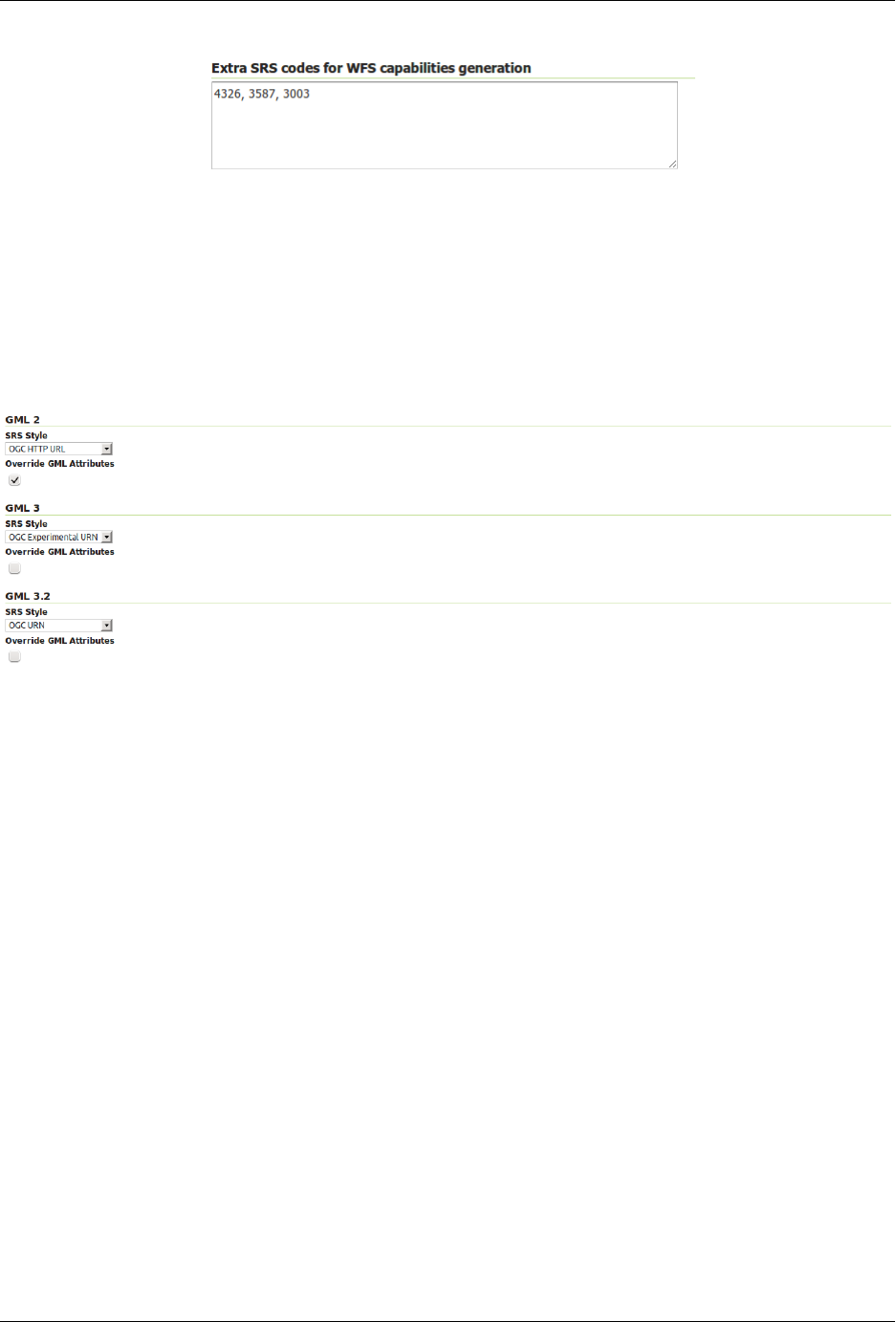
GeoServer User Manual, Release 2.15.1
Fig. 7.57: WFS otherSRS/otherCRS configuration
The list will be used only for the capabilities document generation. It does not limit the actual target SRS
usage in GetFeature requests.
GML
Fig. 7.58: WFS configuration options - GML sections
Geography Markup Language (GML) is the XML-based specification defined by the Open Geospatial Con-
sortium (OGC) to express geographical features. GML serves as a modeling language for geographic sys-
tems as well as an open interchange format for geographic transactions on the Internet.
The older GML standard, GML 2 encodes geographic information, including both spatial and non-spatial
properties. GML3 extends GML2 support to 3D shapes (surfaces and solids) as well as other advanced
facilities. GML 3 is a modular superset of GML 2 that simplifies and minimizes the implementation size by
allowing users to select out necessary parts. Additions in GML 3 include support for complex geometries,
spatial and temporal reference systems, topology, units of measure, metadata, gridded data, and default
styles for feature and coverage visualization. GML 3 is almost entirely backwards compatible with GML 2.
WFS 2.0.0 request return GML 3.2 as the default format, WFS 1.1.0 requests return GML 3 as the default
format, and WFS 1.0.0 requests return GML 2 as the default format. For each of the GML formats supported
by GeoServer, a different SRS format can be selected.
EPSG Code — Returns the typical EPSG number in the form EPSG:XXXX (e.g. EPSG:4326). This formats
the geographic coordinates in longitude/latitude (x/y) order.
OGC HTTP URL — Returns a URL that identifies each EPSG code: http://www.opengis.net/gml/
srs/epsg.xml#XXXX (e.g. http://www.opengis.net/gml/srs/epsg.xml#4326). This formats the
geographic coordinates in longitude/latitude (x/y) order. This format is the default GML 2 SRS convention.
OGC Experimental URN - Returns a URN that identifies each EPSG code:
urn:x-ogc:def:crs:EPSG:XXXX (e.g. urn:x-ogc:def:crs:EPSG:4326). This format was the
original GML 3 SRS convention.
1158 Chapter 7. Services
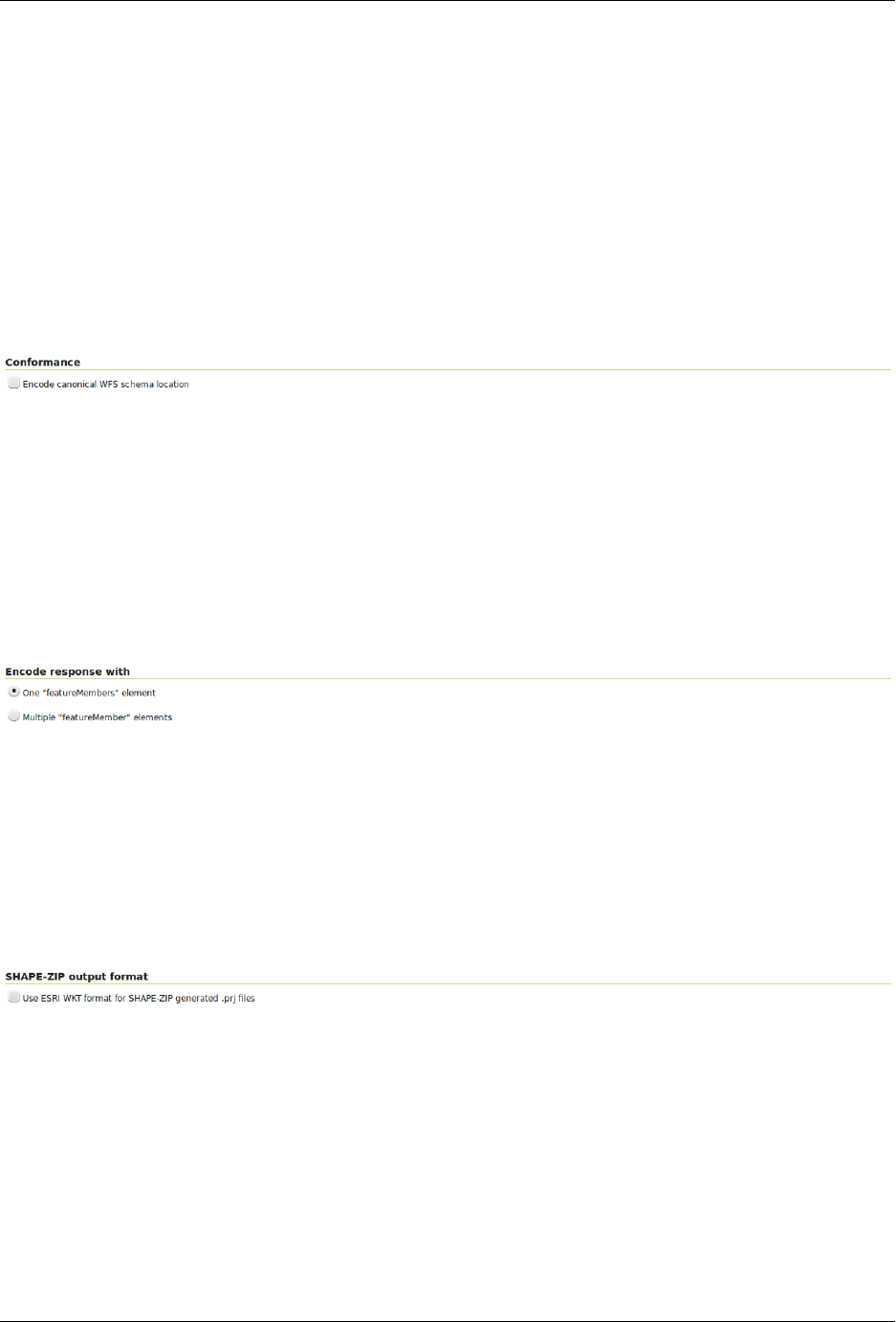
GeoServer User Manual, Release 2.15.1
OGC URN — (WFS 1.1.1 only) Returns the colon delimited SRS formatting:
urn:ogc:def:crs:EPSG::XXXX (e.g urn:ogc:def:crs:EPSG::4326). This is the revised GML
3 SRS convention, and is the default for GML 3.2. This formats data in the traditional axis order for
geographic and cartographic systems—latitude/longitude (y/x).
OGC HTTP URI - Returns a URI that identifies each EPSG code: http://www.opengis.net/def/crs/
EPSG/0/XXXX (e.g. http://www.opengis.net/def/crs/EPSG/0/4326).
For each GML type, there is also an “Override GML Attributes” checkbox. Selecting this (checking the
checkbox) will cause attributes to be redefined in the application schema.
Conformance
Fig. 7.59: WFS configuration options - Conformance section
Selecting the Encode canonical WFS schema location checkbox modifies the WFS responses to include the
canonical schema locations in the xsi:schemaLocation attribute, instead of using the default schema
locations on the local GeoServer. Note that turning this option on may result in the client not being able to
validate the WFS response, depending on network configuration.
Encode response with
Fig. 7.60: WFS configuration options - Encode response with
The Encode response with radio button group has two selection - One “featureMembers” element (the default)
or Multiple “featureMember” elements. This switches the WFS 1.1.0 encoding accordingly. Use of multiple
featureMember elements may be required for Application Schema referencing.
SHAPE-ZIP output format
Fig. 7.61: WFS configuration options - Encode response with
Selecting the Use ESRI WKT format for SHAPE-ZIP generated .prj files checkbox modifies how projections are
encoded in the Shapefile zip output format. If this checkbox is not selected, OGC WKT format will be used.
If this checkbox is selected, ESRI WKT format will be used.
Note: this requires an esri.properties file to be provided in the user_projections subdirectory of
the GeoServer data directory. This may be obtained from the GeoTools EPSG extension.
7.2. Web Feature Service (WFS) 1159
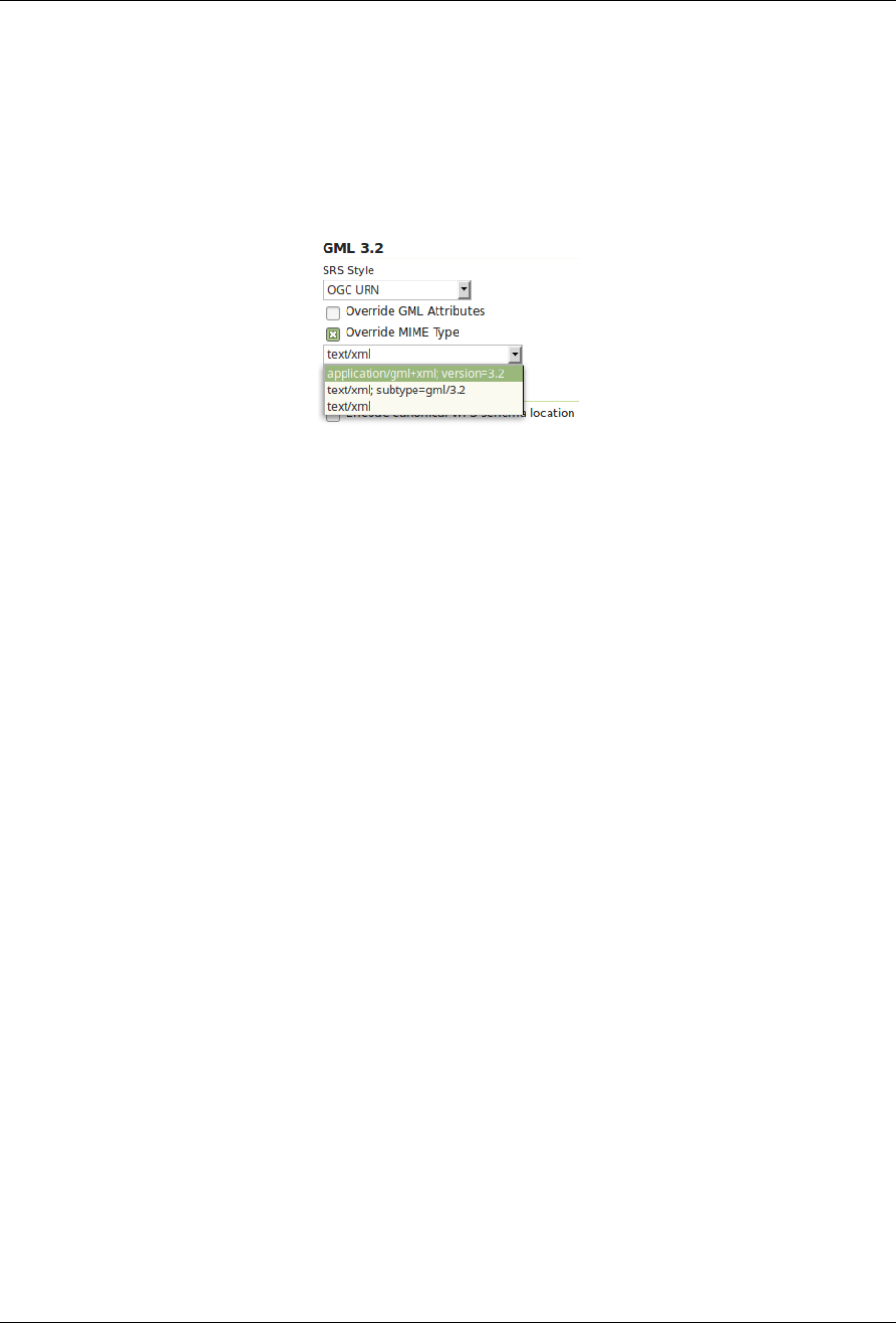
GeoServer User Manual, Release 2.15.1
Override GML 3.2 MIME type
The default MIME used for GML 3.2 encoded responses is application/gml+xml; version=3.2
which is the MIME type mandated by OGC WFS 2.0 specification. This MIME type is not identified as
XML by most common clients like browsers.
Option Override MIME Type allows the selection of the MIME type that should be used for the responses
encoded in GML 3.2.
The available MIME types are: application/gml+xml; version=3.2,text/xml; subtype=gml/
3.2 and text/xml.
7.2.2 WFS basics
GeoServer provides support for the Open Geospatial Consortium (OGC) Web Feature Service (WFS) speci-
fication, versions 1.0.0,1.1.0, and 2.0.0. WFS defines a standard for exchanging vector data over the Internet.
With a compliant WFS, clients can query both the data structure and the source data. Advanced WFS oper-
ations also support feature locking and edit operations.
GeoServer is the reference implementation of all three versions of the standard, completely implementing
every part of the protocol. This includes the basic operations of GetCapabilities,DescribeFeatureType, and
GetFeature, as well as more advanced options such as Transaction. GeoServer WFS is also integrated with
its Security system to limit access to data and transactions, and supports a variety of WFS output formats,
making the raw data more widely available.
Differences between WFS versions
The major differences between the WFS versions are:
• WFS 1.1.0 and 2.0.0 return GML3 as the default GML, whereas in WFS 1.0.0, the default is GML2.
GML3 adopts marginally different ways of specifying a geometry. GeoServer supports requests in
both GML3 and GML2 formats.
• In WFS 1.1.0 and 2.0.0, the SRS (Spatial Reference System, or projection) is specified with
urn:x-ogc:def:crs:EPSG:XXXX, whereas in WFS 1.0.0 the specification was http://www.
opengis.net/gml/srs/epsg.xml#XXXX. This change has implications for the axis order of the
returned data.
• WFS 1.1.0 and 2.0.0 support on-the-fly reprojection of data, which supports returning the data in a
SRS other than the native SRS.
• WFS 2.0.0 introduces a new version of the filter encoding specification, adding support for temporal
filters.
• WFS 2.0.0 supports joins via a GetFeature request.
1160 Chapter 7. Services
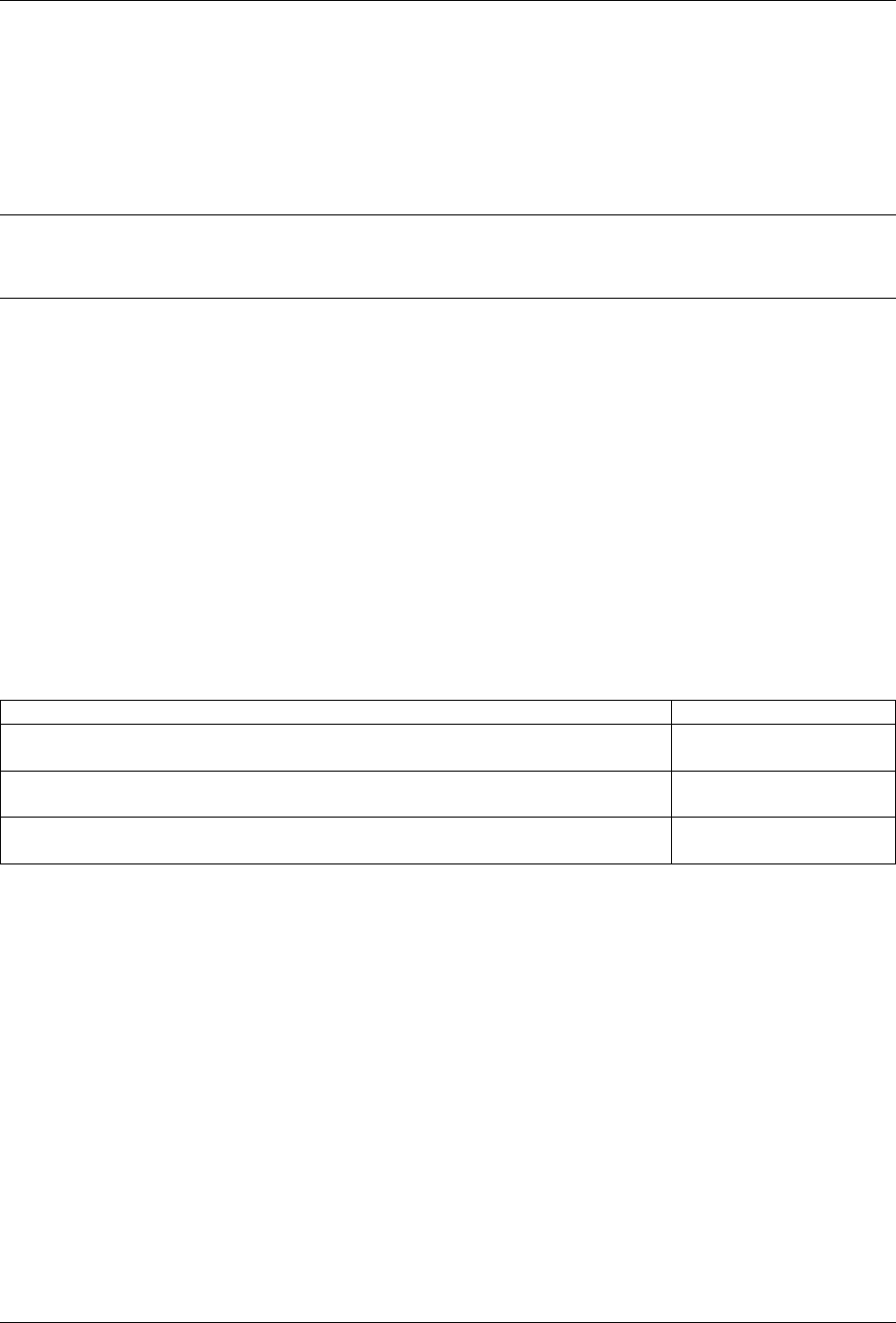
GeoServer User Manual, Release 2.15.1
• WFS 2.0.0 adds the ability to page results of a GetFeature request via the startIndex and count
parameters. GeoServer now supports this functionality in WFS 1.0.0 and 1.1.0.
• WFS 2.0.0 supports stored queries, which are regular WFS queries stored on the server such that they
may be invoked by passing the appropriate identifier with a WFS request.
• WFS 2.0.0 supports SOAP (Simple Object Access Protocol) as an alternative to the OGC interface.
Note: There are also two changes to parameter names which can cause confusion. WFS 2.0.0 uses the
count parameter to limit the number of features returned rather than the maxFeatures parameter used
in previous versions. It also changed typeName to typeNames although GeoServer will accept either.
Axis ordering
WFS 1.0.0 servers return geographic coordinates in longitude/latitude (x/y) order, the most common way
to distribute data. For example, most shapefiles adopt this order by default.
However, the traditional axis order for geographic and cartographic systems is the oppo-
site—latitude/longitude (y/x)—and the later WFS specifications respect this. The default axis ordering
support is:
• Latitude/longitude—WFS 1.1.0 and WFS 2.0.0
• Longitude/latitude—WFS 1.0.0
This may cause difficulties when switching between servers with different WFS versions, or when upgrad-
ing your WFS. To minimize confusion and increase interoperability, GeoServer has adopted the following
assumptions when specifying projections in the following formats:
Representation Assumed axis order
EPSG:xxxx longitude/latitude
(x/y)
http://www.opengis.net/gml/srs/epsg.xml#xxxx longitude/latitude
(x/y)
urn:x-ogc:def:crs:EPSG:xxxx latitude/longitude
(y/x)
7.2.3 WFS reference
The Web Feature Service (WFS) is a standard created by the Open Geospatial Consortium (OGC) for creat-
ing, modifying and exchanging vector format geographic information on the Internet using HTTP. A WFS
encodes and transfers information in Geography Markup Language (GML), a subset of XML.
The current version of WFS is 2.0.0. GeoServer supports versions 2.0.0, 1.1.0, and 1.0.0. Although there are
some important differences between the versions, the request syntax often remains the same.
A related OGC specification, the Web Map Service (WMS), defines the standard for exchanging geographic
information in digital image format.
Benefits of WFS
The WFS standard defines the framework for providing access to, and supporting transactions on, discrete
geographic features in a manner that is independent of the underlying data source. Through a combination
of discovery, query, locking, and transaction operations, users have access to the source spatial and attribute
7.2. Web Feature Service (WFS) 1161
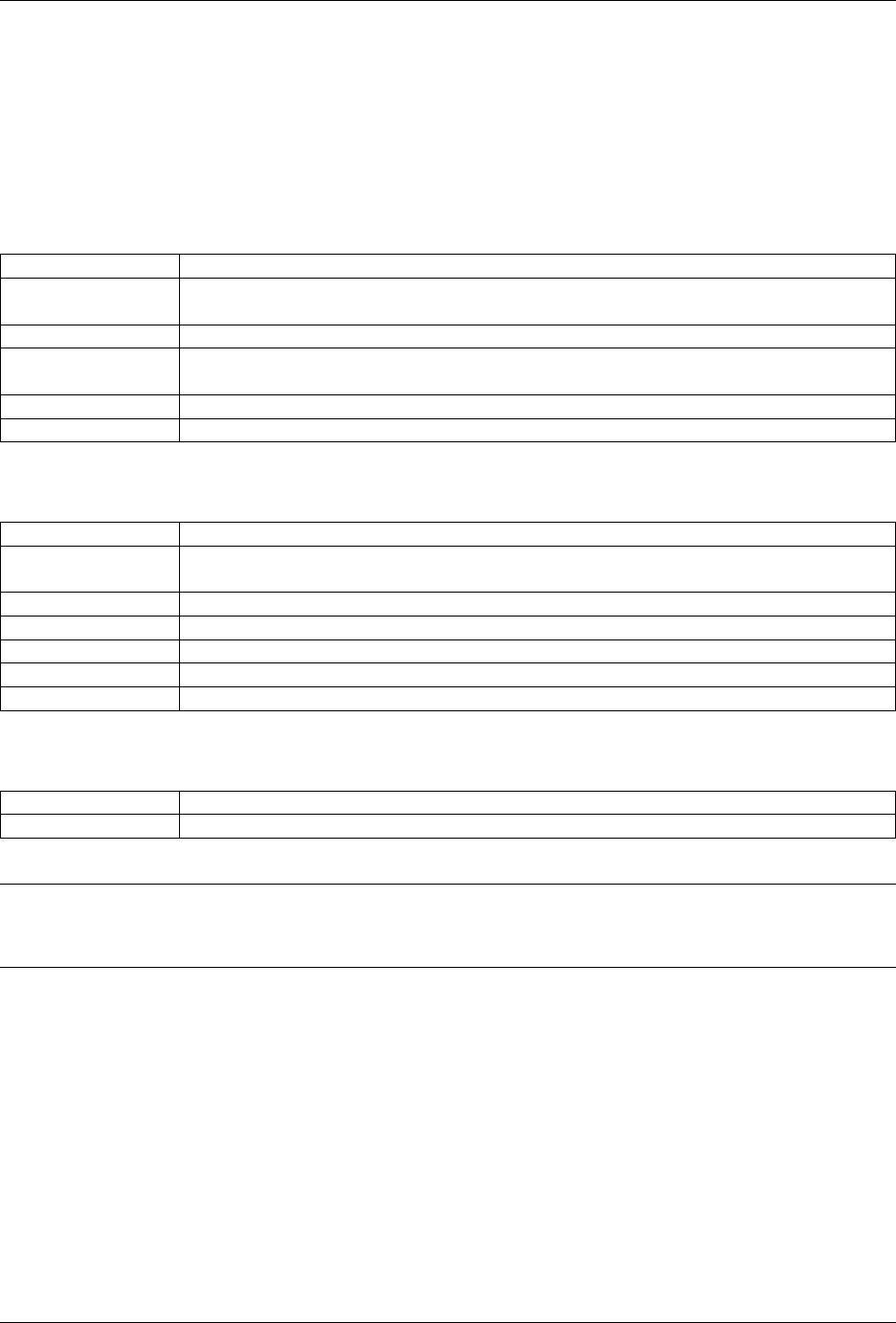
GeoServer User Manual, Release 2.15.1
data in a manner that allows them to interrogate, style, edit (create, update, and delete), and download
individual features. The transactional capabilities of WFS also support the development and deployment
of collaborative mapping applications.
Operations
All versions of WFS support these operations:
Operation Description
GetCapabilities Generates a metadata document describing a WFS service provided by server as
well as valid WFS operations and parameters
DescribeFeatureTypeReturns a description of feature types supported by a WFS service
GetFeature Returns a selection of features from a data source including geometry and attribute
values
LockFeature Prevents a feature from being edited through a persistent feature lock
Transaction Edits existing feature types by creating, updating, and deleting
The following operations are available in version 2.0.0 only:
Operation Description
GetPropertyValueRetrieves the value of a feature property or part of the value of a complex feature
property from the data store for a set of features identified using a query expression
GetFeatureWithLockReturns a selection of features and also applies a lock on those features
CreateStoredQueryCreate a stored query on the WFS server
DropStoredQuery Deletes a stored query from the WFS server
ListStoredQueriesReturns a list of the stored queries on a WFS server
DescribeStoredQueriesReturns a metadata document describing the stored queries on a WFS server
The following operations are available in version 1.1.0 only:
Operation Description
GetGMLObject Retrieves features and elements by ID from a WFS
Note: In the examples that follow, the fictional URL http://example.com/geoserver/wfs is used for
illustration. To test the examples, substitute the address of a valid WFS. Also, although the request would
normally be defined on one line with no breaks, breaks are added for clarity in the examples provided.
Exceptions
WFS also supports a number of formats for reporting exceptions. The supported values for exception
reporting are:
1162 Chapter 7. Services
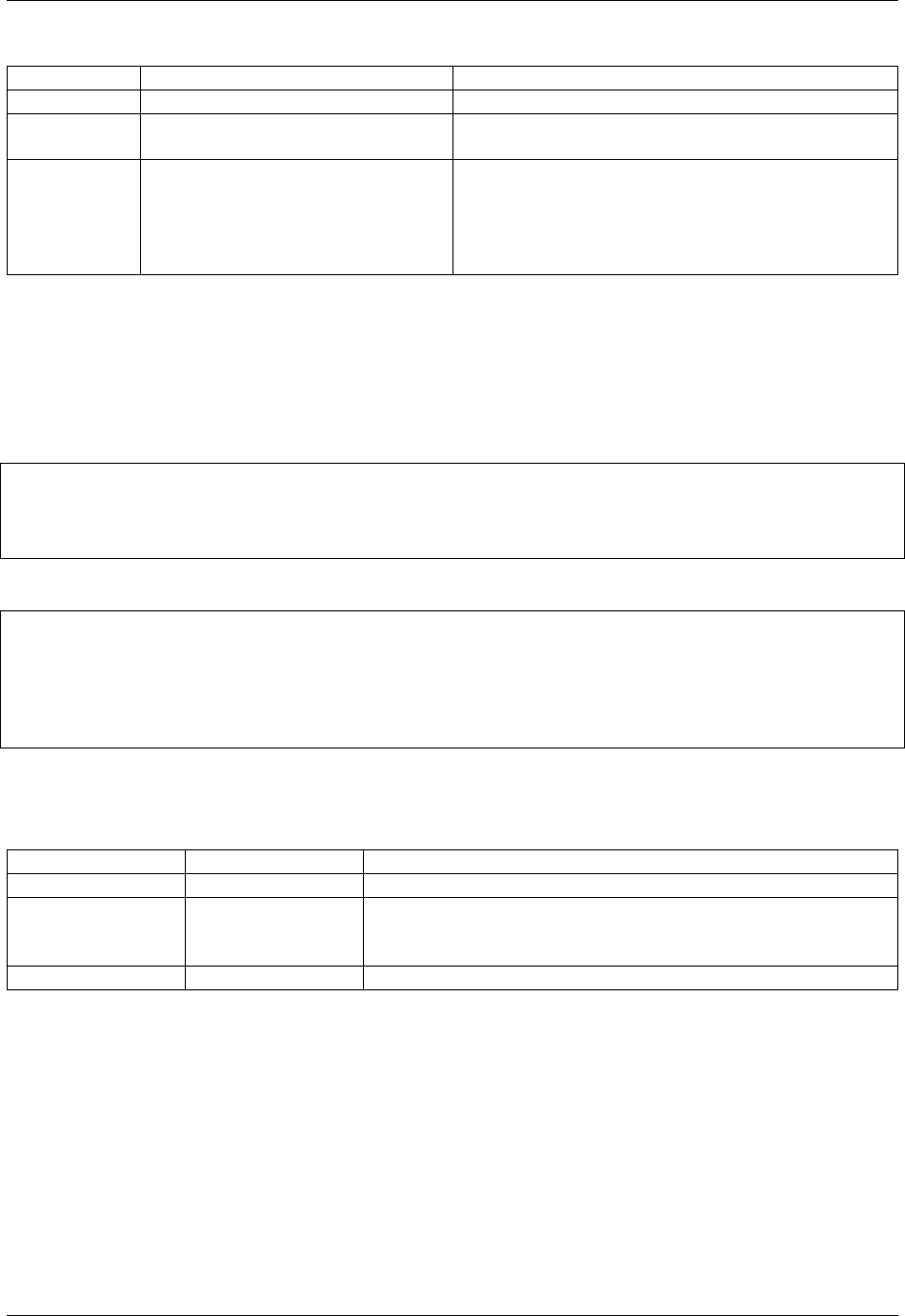
GeoServer User Manual, Release 2.15.1
Format Syntax Description
XML exceptions=text/xml (default) XML output
JSON exceptions=application/
json
Simple JSON
JSONP exceptions=text/
javascript
Return a JsonP in the form: parseRe-
sponse(. . . jsonp. . . ). See WMS vendor parameters to
change the callback name. Note that this format
is disabled by default (See Global variables affecting
WMS).
GetCapabilities
The GetCapabilities operation is a request to a WFS server for a list of the operations and services, or
capabilities, supported by that server.
To issue a GET request using HTTP:
http://example.com/geoserver/wfs?
service=wfs&
version=1.1.0&
request=GetCapabilities
The equivalent request using POST:
<GetCapabilities
service="WFS"
xmlns="http://www.opengis.net/wfs"
xmlns:xsi="http://www.w3.org/2001/XMLSchema-instance"
xsi:schemaLocation="http://www.opengis.net/wfs
http://schemas.opengis.net/wfs/1.1.0/wfs.xsd"/>
GET requests are simplest to decode, but the POST requests are equivalent.
The parameters for GetCapabilities are:
Parameter Required? Description
service Yes Service name—Value is WFS
version Yes Service version—Value is the current version number. The
full version number must be supplied (“1.1.0”, “1.0.0”), not
the abbreviated form (“1” or “1.1”).
request Yes Operation name—Value is GetCapabilities
Although all of the above parameters are technically required as per the specification, GeoServer will pro-
vide default values if any parameters are omitted from a request.
The GetCapabilities response is a lengthy XML document, the format of which is different for each of the
supported versions. There are five main components in a GetCapabilities document:
7.2. Web Feature Service (WFS) 1163
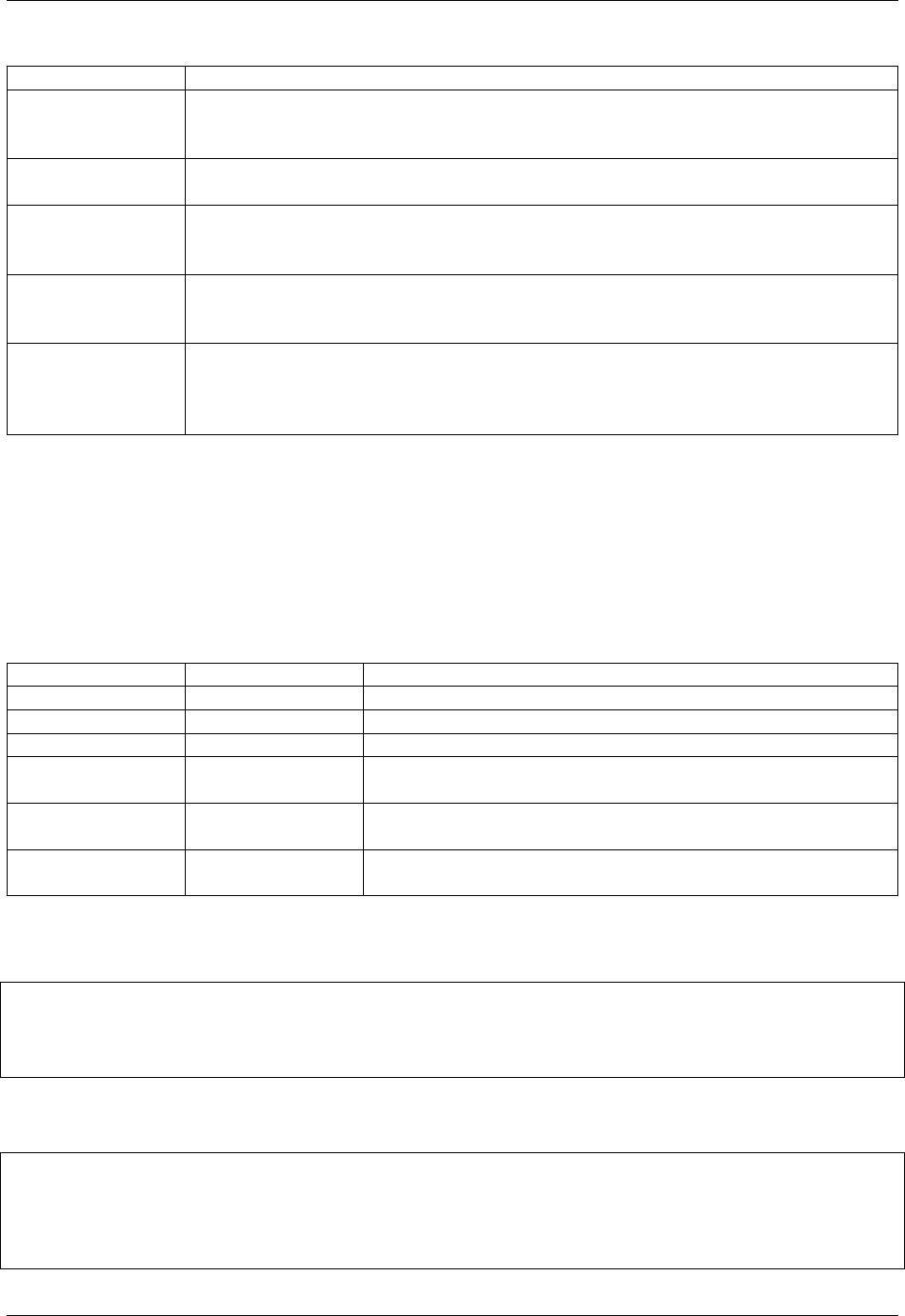
GeoServer User Manual, Release 2.15.1
Component Description
ServiceIdentificationContains basic header information for the request such as the Title and
ServiceType. The ServiceType indicates which version(s) of WFS are sup-
ported.
ServiceProvider Provides contact information about the company publishing the WFS service, in-
cluding telephone, website, and email.
OperationsMetadataDescribes the operations that the WFS server supports and the parameters for each
operation. A WFS server may be configured not to respond to the operations listed
above.
FeatureTypeList Lists the feature types published by a WFS server. Feature types are listed in the
form namespace:featuretype. The default projection of the feature type is also
listed, along with the bounding box for the data in the stated projection.
Filter_CapabilitiesLists the filters, or expressions, that are available to form query predi-
cates, for example, SpatialOperators (such as Equals,Touches) and
ComparisonOperators (such as LessThan,GreaterThan). The filters them-
selves are not included in the GetCapabilities document.
DescribeFeatureType
DescribeFeatureType requests information about an individual feature type before requesting the actual
data. Specifically, the operation will request a list of features and attributes for the given feature type, or list
the feature types available.
The parameters for DescribeFeatureType are:
Parameter Required? Description
service Yes Service name—Value is WFS
version Yes Service version—Value is the current version number
request Yes Operation name—Value is DescribeFeatureType
typeNames Yes Name of the feature type to describe (typeName for WFS
1.1.0 and earlier)
exceptions No Format for reporting exceptions—default value is
application/vnd.ogc.se_xml
outputFormat No Defines the scheme description language used to describe fea-
ture types
To return a list of feature types, the GET request would be as follows. This request will return the list of
feature types, sorted by namespace:
http://example.com/geoserver/wfs?
service=wfs&
version=2.0.0&
request=DescribeFeatureType
To list information about a specific feature type called namespace:featuretype, the GET request would
be:
http://example.com/geoserver/wfs?
service=wfs&
version=2.0.0&
request=DescribeFeatureType&
typeNames=namespace:featuretype
1164 Chapter 7. Services
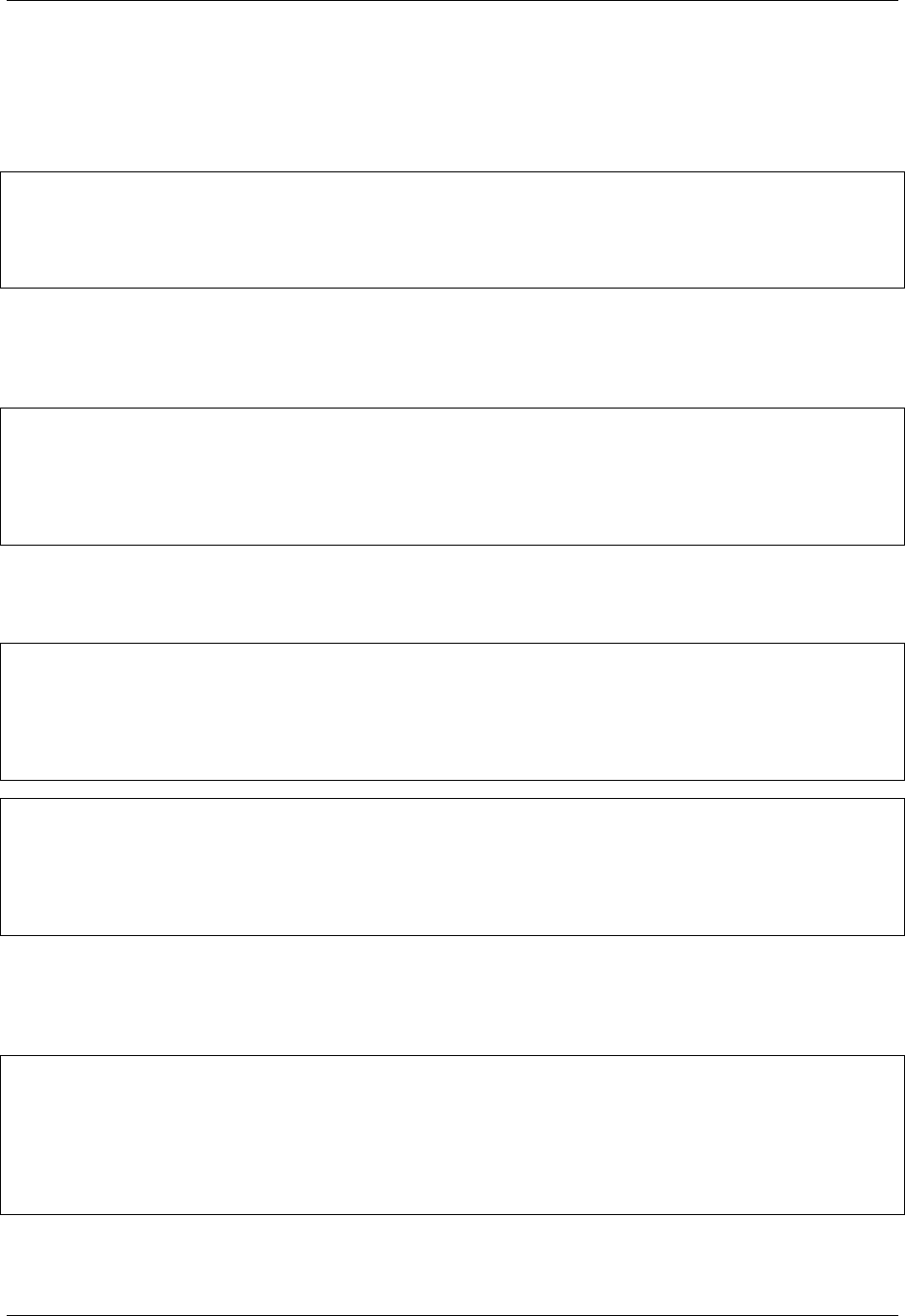
GeoServer User Manual, Release 2.15.1
GetFeature
The GetFeature operation returns a selection of features from the data source.
This request will execute a GetFeature request for a given layer namespace:featuretype:
http://example.com/geoserver/wfs?
service=wfs&
version=2.0.0&
request=GetFeature&
typeNames=namespace:featuretype
Executing this command will return the geometries for all features in given a feature type, potentially a
large amount of data. To limit the output, you can restrict the GetFeature request to a single feature by
including an additional parameter, featureID and providing the ID of a specific feature. In this case, the
GET request would be:
http://example.com/geoserver/wfs?
service=wfs&
version=2.0.0&
request=GetFeature&
typeNames=namespace:featuretype&
featureID=feature
If the ID of the feature is unknown but you still want to limit the amount of features returned, use the
count parameter for WFS 2.0.0 or the maxFeatures parameter for earlier WFS versions. In the examples
below, Nrepresents the number of features to return:
http://example.com/geoserver/wfs?
service=wfs&
version=2.0.0&
request=GetFeature&
typeNames=namespace:featuretype&
count=N
http://example.com/geoserver/wfs?
service=wfs&
version=1.1.0&
request=GetFeature&
typeName=namespace:featuretype&
maxFeatures=N
Exactly which N features will be returned depends in the internal structure of the data. However, you can
sort the returned selection based on an attribute value. In the following example, an attribute is included
in the request using the sortBy=attribute parameter (replace attribute with the attribute you wish
to sort by):
http://example.com/geoserver/wfs?
service=wfs&
version=2.0.0&
request=GetFeature&
typeNames=namespace:featuretype&
count=N&
sortBy=attribute
The default sort operation is to sort in ascending order. Some WFS servers require the sort order to be
specified, even if an ascending order sort if required. In this case, append a +A to the request. Conversely,
7.2. Web Feature Service (WFS) 1165
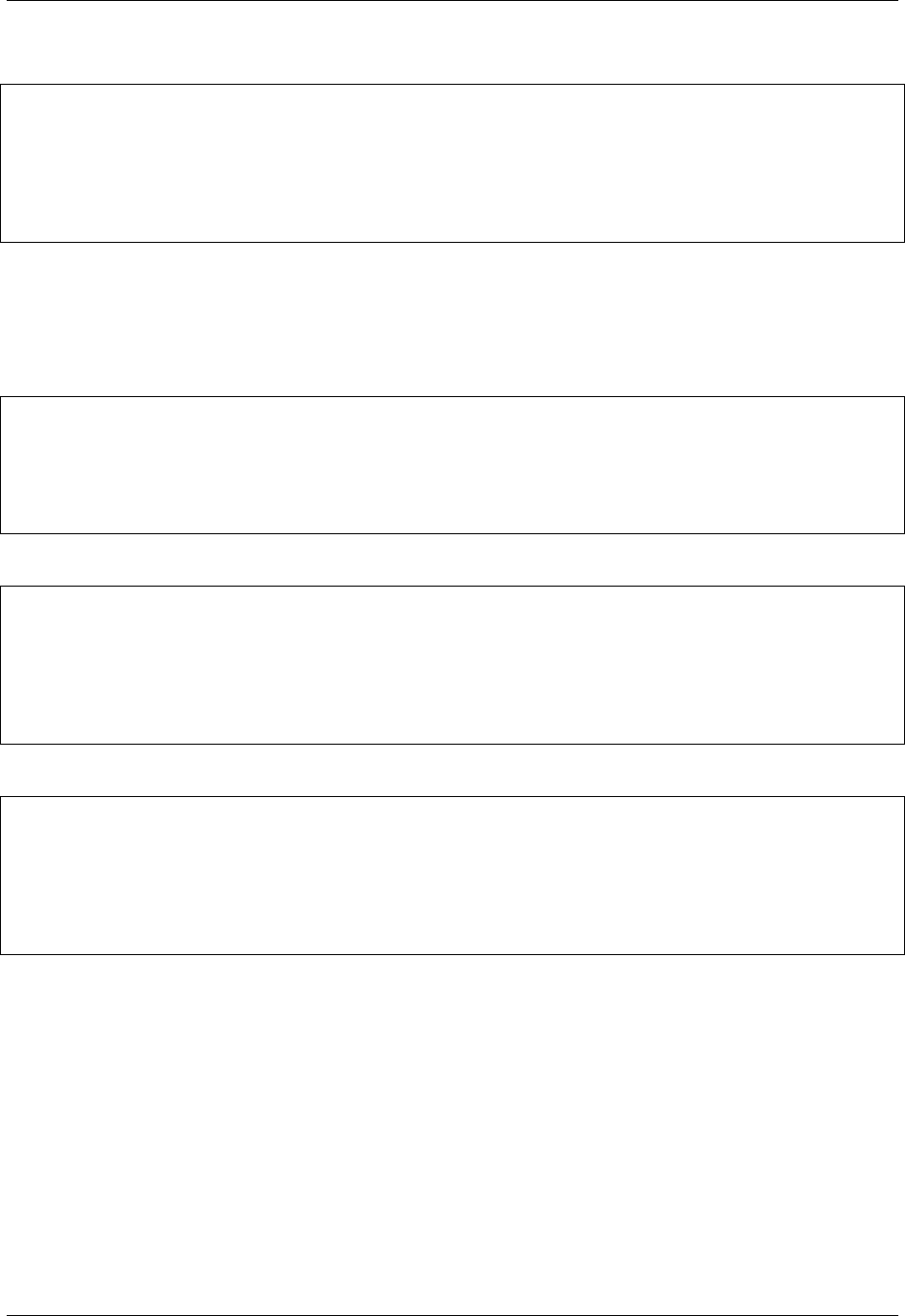
GeoServer User Manual, Release 2.15.1
add a +D to the request to sort in descending order as follows:
http://example.com/geoserver/wfs?
service=wfs&
version=2.0.0&
request=GetFeature&
typeNames=namespace:featuretype&
count=N&
sortBy=attribute+D
There is no obligation to use sortBy with count in a GetFeature request, but they can be used together to
manage the returned selection of features more effectively.
To restrict a GetFeature request by attribute rather than feature, use the propertyName key in the form
propertyName=attribute. You can specify a single attribute, or multiple attributes separated by com-
mas. To search for a single attribute in all features, the following request would be required:
http://example.com/geoserver/wfs?
service=wfs&
version=2.0.0&
request=GetFeature&
typeNames=namespace:featuretype&
propertyName=attribute
For a single property from just one feature, use both featureID and propertyName:
http://example.com/geoserver/wfs?
service=wfs&
version=2.0.0&
request=GetFeature&
typeNames=namespace:featuretype&
featureID=feature&
propertyName=attribute
For more than one property from a single feature, use a comma-separated list of values for propertyName:
http://example.com/geoserver/wfs?
service=wfs&
version=2.0.0&
request=GetFeature&
typeNames=namespace:featuretype&
featureID=feature&
propertyName=attribute1,attribute2
While the above permutations for a GetFeature request focused on non-spatial parameters, it is also possible
to query for features based on geometry. While there are limited options available in a GET request for
spatial queries (more are available in POST requests using filters), filtering by bounding box (BBOX) is
supported.
The BBOX parameter allows you to search for features that are contained (or partially contained) inside
a box of user-defined coordinates. The format of the BBOX parameter is bbox=a1,b1,a2,b2``where
``a1,b1,a2, and b2 represent the coordinate values. The order of coordinates passed to the BBOX pa-
rameter depends on the coordinate system used. (This is why the coordinate syntax isn’t represented with
xor y.) To specify the coordinate system, append srsName=CRS to the WFS request, where CRS is the
Coordinate Reference System you wish to use.
As for which corners of the bounding box to specify, the only requirement is for a bottom corner (left or
right) to be provided first. For example, bottom left and top right, or bottom right and top left.
1166 Chapter 7. Services

GeoServer User Manual, Release 2.15.1
An example request involving returning features based on bounding box would be in the following format:
http://example.com/geoserver/wfs?
service=wfs&
version=2.0.0&
request=GetFeature&
typeNames=namespace:featuretype&
srsName=CRS
bbox=a1,b1,a2,b2
LockFeature
ALockFeature operation provides a long-term feature locking mechanism to ensure consistency in edit
transactions. If one client fetches a feature and makes some changes before submitting it back to the WFS,
locks prevent other clients from making any changes to the same feature, ensuring a transaction that can
be serialized. If a WFS server supports this operation, it will be reported in the server’s GetCapabilities
response.
In practice, few clients support this operation.
Transaction
The Transaction operation can create, modify, and delete features published by a WFS. Each transaction
will consist of zero or more Insert, Update, and Delete elements, with each transaction element performed
in order. Every GeoServer transaction is atomic, meaning that if any of the elements fail, the transaction is
abandoned, and the data is unaltered. A WFS server that supports transactions is sometimes known as a
WFS-T server. GeoServer fully supports transactions.
More information on the syntax of transactions can be found in the WFS specification and in the GeoServer
sample requests.
GetGMLObject
Note: This operation is valid for WFS version 1.1.0 only.
AGetGMLObject operation accepts the identifier of a GML object (feature or geometry) and returns that
object. This operation is relevant only in situations that require Complex Features by allowing clients to
extract just a portion of the nested properties of a complex feature. As a result, this operation is not widely
used by client applications.
GetPropertyValue
Note: This operation is valid for WFS version 2.0.0 only.
AGetPropertyValue operation retrieves the value of a feature property, or part of the value of a complex
feature property, from a data source for a given set of features identified by a query.
This example retrieves the geographic content only of the features in the topp:states layer:
7.2. Web Feature Service (WFS) 1167
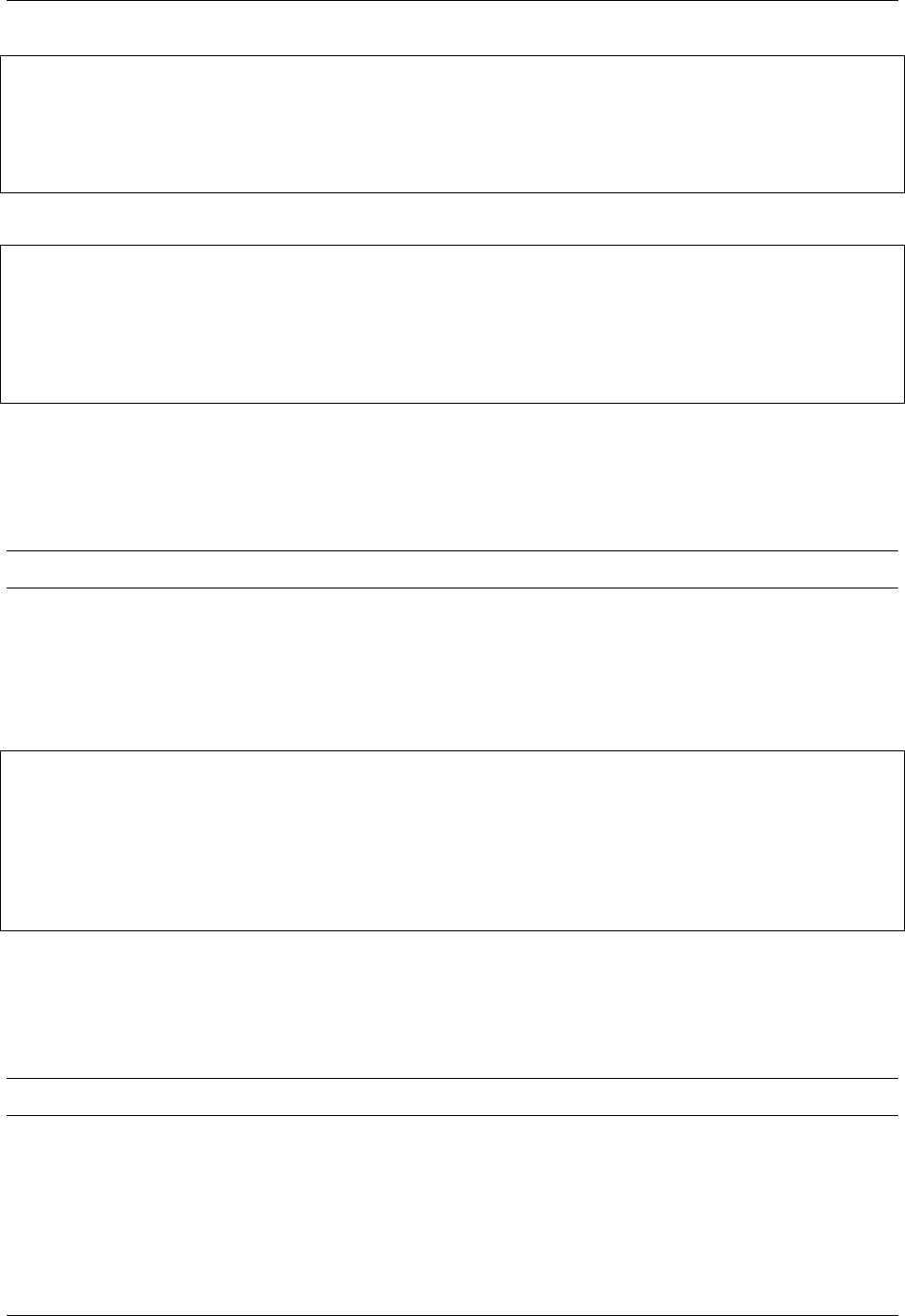
GeoServer User Manual, Release 2.15.1
http://example.com/geoserver/wfs?
service=wfs&
version=2.0.0&
request=GetPropertyValue&
typeNames=topp:states&
valueReference=the_geom
The same example in a POST request:
<wfs:GetPropertyValue service='WFS' version='2.0.0'
xmlns:topp='http://www.openplans.org/topp'
xmlns:fes='http://www.opengis.net/fes/2.0'
xmlns:wfs='http://www.opengis.net/wfs/2.0'
valueReference='the_geom'>
<wfs:Query typeNames='topp:states'/>
</wfs:GetPropertyValue>
To retrieve value for a different attribute, alter the valueReference parameter.
GetFeatureWithLock
Note: This operation is valid for WFS version 2.0.0 only.
AGetFeatureWithLock operation is similar to a GetFeature operation, except that when the set of features
are returned from the WFS server, the features are also locked in anticipation of a subsequent transaction
operation.
This POST example retrieves the features of the topp:states layer, but in addition locks those features
for five minutes.
<wfs:GetFeatureWithLock service='WFS' version='2.0.0'
handle='GetFeatureWithLock-tc1' expiry='5' resultType='results'
xmlns:topp='http://www.openplans.org/topp'
xmlns:fes='http://www.opengis.net/fes/2.0'
xmlns:wfs='http://www.opengis.net/wfs/2.0'
valueReference='the_geom'>
<wfs:Query typeNames='topp:states'/>
</wfs:GetFeatureWithLock>
To adjust the lock time, alter the expiry parameter.
CreateStoredQuery
Note: This operation is valid for WFS version 2.0.0 only.
ACreateStoredQuery operation creates a stored query on the WFS server. The definition of the stored
query is encoded in the StoredQueryDefinition parameter and is given an ID for a reference.
This POST example creates a new stored query (called “myStoredQuery”) that filters the topp:states
layer to those features that are within a given area of interest (${AreaOfInterest}):
1168 Chapter 7. Services
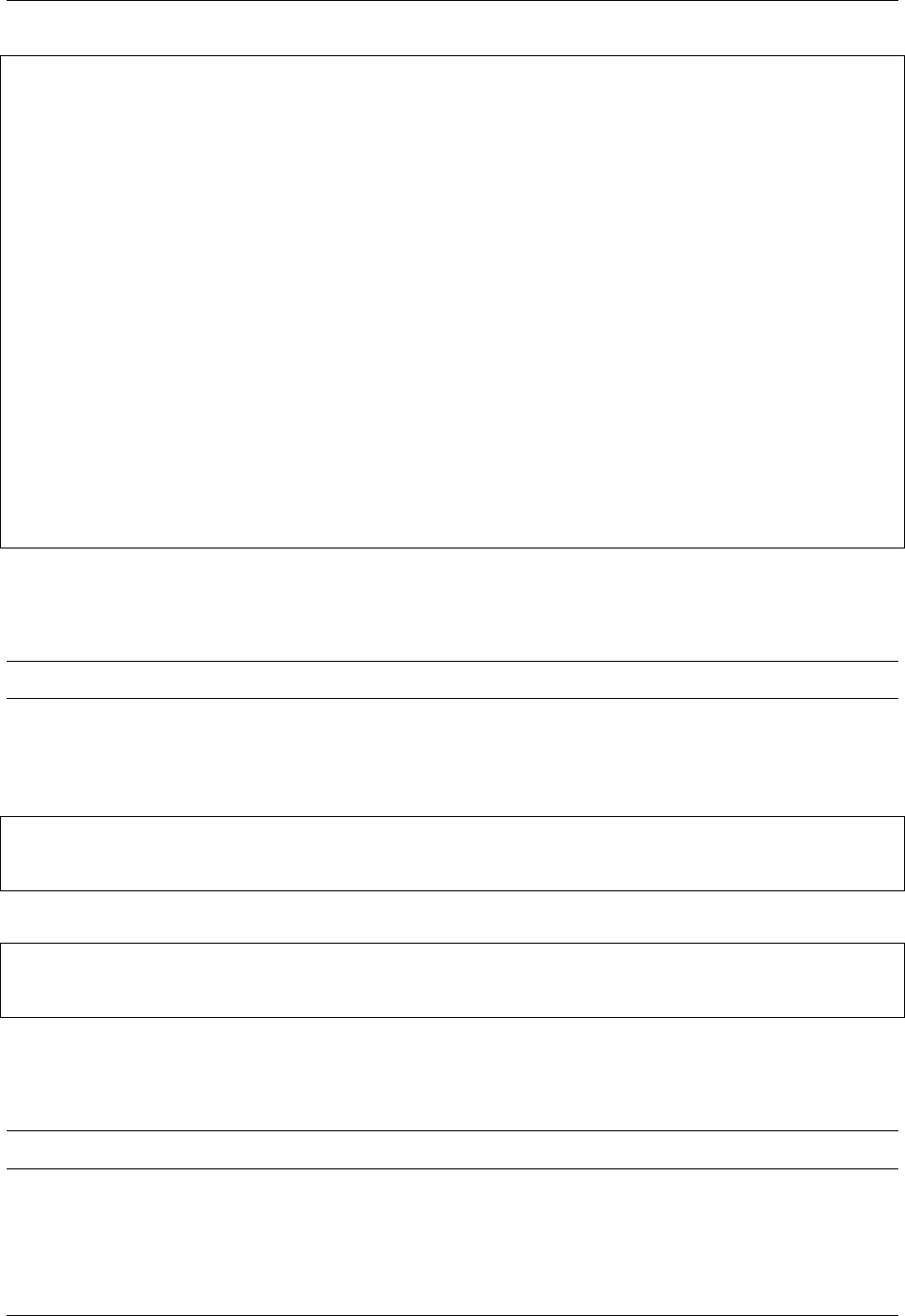
GeoServer User Manual, Release 2.15.1
<wfs:CreateStoredQuery service='WFS' version='2.0.0'
xmlns:wfs='http://www.opengis.net/wfs/2.0'
xmlns:fes='http://www.opengis.org/fes/2.0'
xmlns:gml='http://www.opengis.net/gml/3.2'
xmlns:myns='http://www.someserver.com/myns'
xmlns:topp='http://www.openplans.org/topp'>
<wfs:StoredQueryDefinition id='myStoredQuery'>
<wfs:Parameter name='AreaOfInterest' type='gml:Polygon'/>
<wfs:QueryExpressionText
returnFeatureTypes='topp:states'
language='urn:ogc:def:queryLanguage:OGC-WFS::WFS_QueryExpression'
isPrivate='false'>
<wfs:Query typeNames='topp:states'>
<fes:Filter>
<fes:Within>
<fes:ValueReference>the_geom</fes:ValueReference>
${AreaOfInterest}
</fes:Within>
</fes:Filter>
</wfs:Query>
</wfs:QueryExpressionText>
</wfs:StoredQueryDefinition>
</wfs:CreateStoredQuery>
DropStoredQuery
Note: This operation is valid for WFS version 2.0.0 only.
ADropStoredQuery operation drops a stored query previous created by a CreateStoredQuery operation.
The request accepts the ID of the query to drop.
This example will drop a stored query with an ID of myStoredQuery:
http://example.com/geoserver/wfs?
request=DropStoredQuery&
storedQuery_Id=myStoredQuery
The same example in a POST request:
<wfs:DropStoredQuery
xmlns:wfs='http://www.opengis.net/wfs/2.0'
service='WFS' id='myStoredQuery'/>
ListStoredQueries
Note: This operation is valid for WFS version 2.0.0 only.
AListStoredQueries operation returns a list of the stored queries currently maintained by the WFS server.
This example lists all stored queries on the server:
7.2. Web Feature Service (WFS) 1169
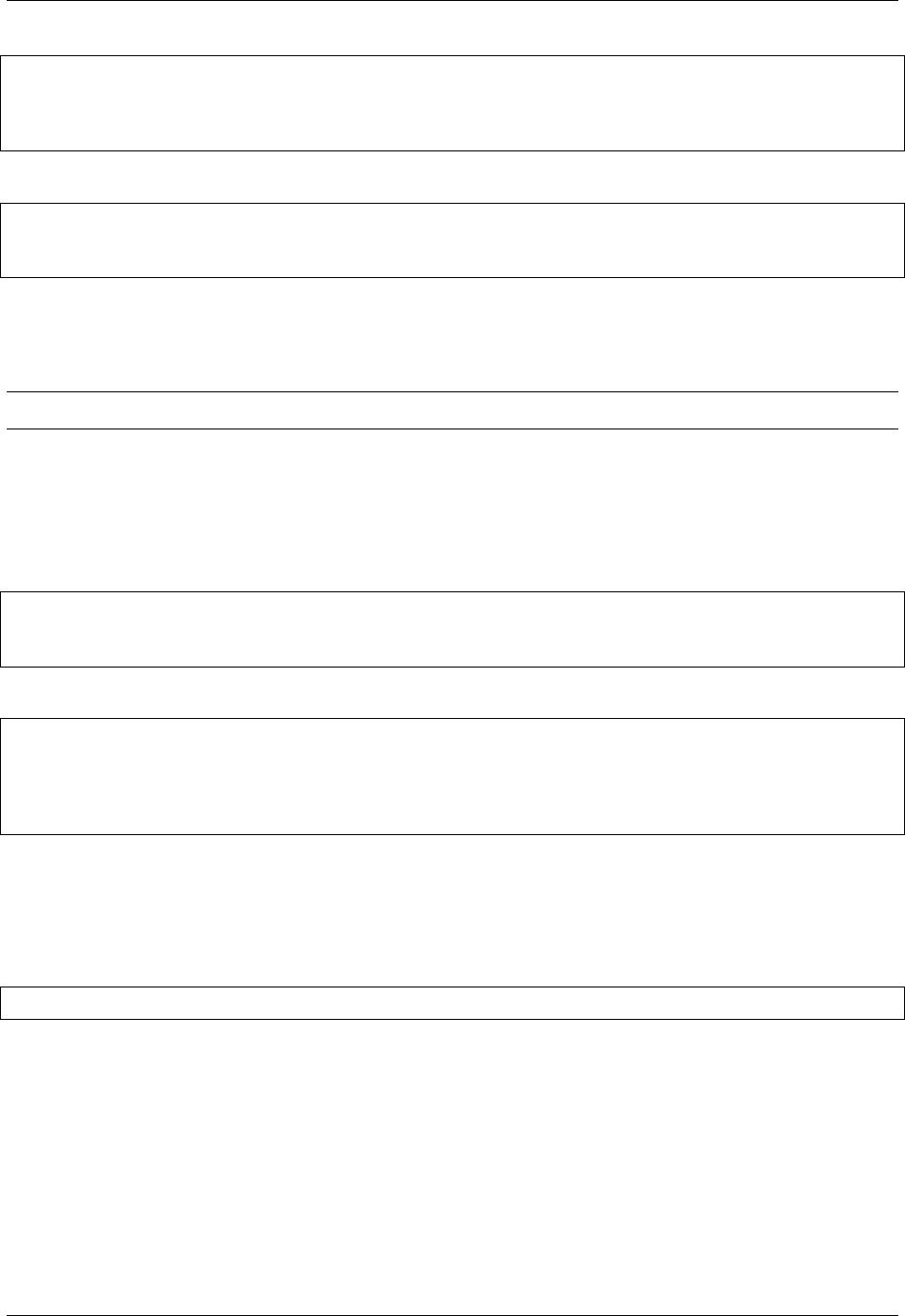
GeoServer User Manual, Release 2.15.1
http://example.com/geoserver/wfs?
request=ListStoredQueries&
service=wfs&
version=2.0.0
The same example in a POST request:
<wfs:ListStoredQueries service='WFS'
version='2.0.0'
xmlns:wfs='http://www.opengis.net/wfs/2.0'/>
DescribeStoredQueries
Note: This operation is valid for WFS version 2.0.0 only.
ADescribeStoredQuery operation returns detailed metadata about each stored query maintained by the
WFS server. A description of an individual query may be requested by providing the ID of the specific
query. If no ID is provided, all queries are described.
This example describes the existing stored query with an ID of
urn:ogc:def:query:OGC-WFS::GetFeatureById:
http://example.com/geoserver/wfs?
request=DescribeStoredQueries&
storedQuery_Id=urn:ogc:def:query:OGC-WFS::GetFeatureById
The same example in a POST request:
<wfs:DescribeStoredQueries
xmlns:wfs='http://www.opengis.net/wfs/2.0'
service='WFS'>
<wfs:StoredQueryId>urn:ogc:def:query:OGC-WFS::GetFeatureById</wfs:StoredQueryId>
</wfs:DescribeStoredQueries>
7.2.4 WFS output formats
WFS returns features and feature information in a number of formats. The syntax for specifying an output
format is:
outputFormat=<format>
where <format> is one of the following options:
1170 Chapter 7. Services
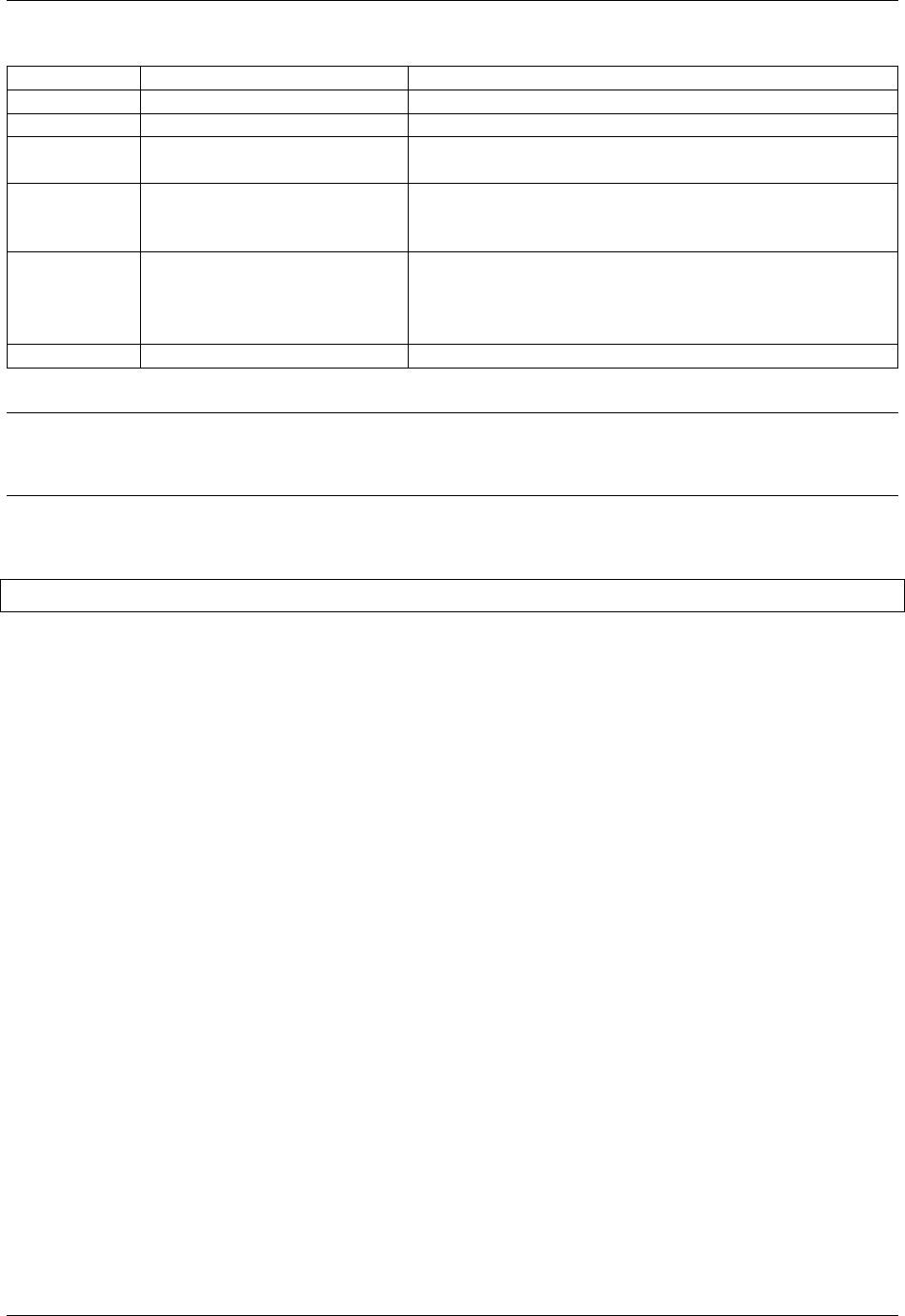
GeoServer User Manual, Release 2.15.1
Format Syntax Notes
GML2 outputFormat=GML2 Default option for WFS 1.0.0
GML3 outputFormat=GML3 Default option for WFS 1.1.0 and 2.0.0
Shapefile outputFormat=shape-zip ZIP archive will be generated containing the shapefile
(see Shapefile output below).
JSON outputFormat=application/
json
Returns a GeoJSON or a JSON output. Note
outputFormat=json is only supported for getFeature
(for backward compatibility).
JSONP outputFormat=text/
javascript
Returns a JSONP in the form: parseResponse(...
json...). See WMS vendor parameters to change the
callback name. Note that this format is disabled by de-
fault (See Global variables affecting WMS).
CSV outputFormat=csv Returns a CSV (comma-separated values) file
Note: Some additional output formats (such as Excel) are available with the use of an extension. The full
list of output formats supported by a particular GeoServer instance can be found by performing a WFS
GetCapabilities request.
GeoServer provides the format_options vendor-specific parameter to specify parameters that are spe-
cific to each format. The syntax is:
format-options=param1:value1;param2:value2;...
Shapefile output
The shapefile format has a number of limitations that would prevent turning data sources into an equivalent
shapefile. In order to abide with such limitations the shape-zip output format will automatically apply some
transformations on the source data, and eventually split the single colleciton into multiple shapefiles. In
particular, the shape-zip format will:
• Reduce attribute names to the DBF accepted length, making sure there are not conflicts (counters
being added at the end of the attribute name to handle this).
• Fan out multiple geometry type into parallel shapefiles, named after the original feature type, plus
the geometry type as a suffix.
• Fan out multiple shapefiles in case the maximum size is reached
The default max size for both .shp and .dbf file is 2GB, it’s possible to modify those limits by setting the
GS_SHP_MAX_SIZE and GS_DBF_MAX_SIZE system variables to a different value (as a byte count, the
default value being 2147483647).
Shapefile output format_options:
•format_option=filename:<zipfile>: if a file name is provided, the name is used as the output
file name. For example, format_options=filename:roads.zip.
Shapefile filename customization
If a file name is not specified, the output file name is inferred from the requested feature type name. The
shapefile output format output can be customized by preparing a Freemarker template which will configure
the file name of the archive (ZIP file) and the files it contains. The default template is:
7.2. Web Feature Service (WFS) 1171
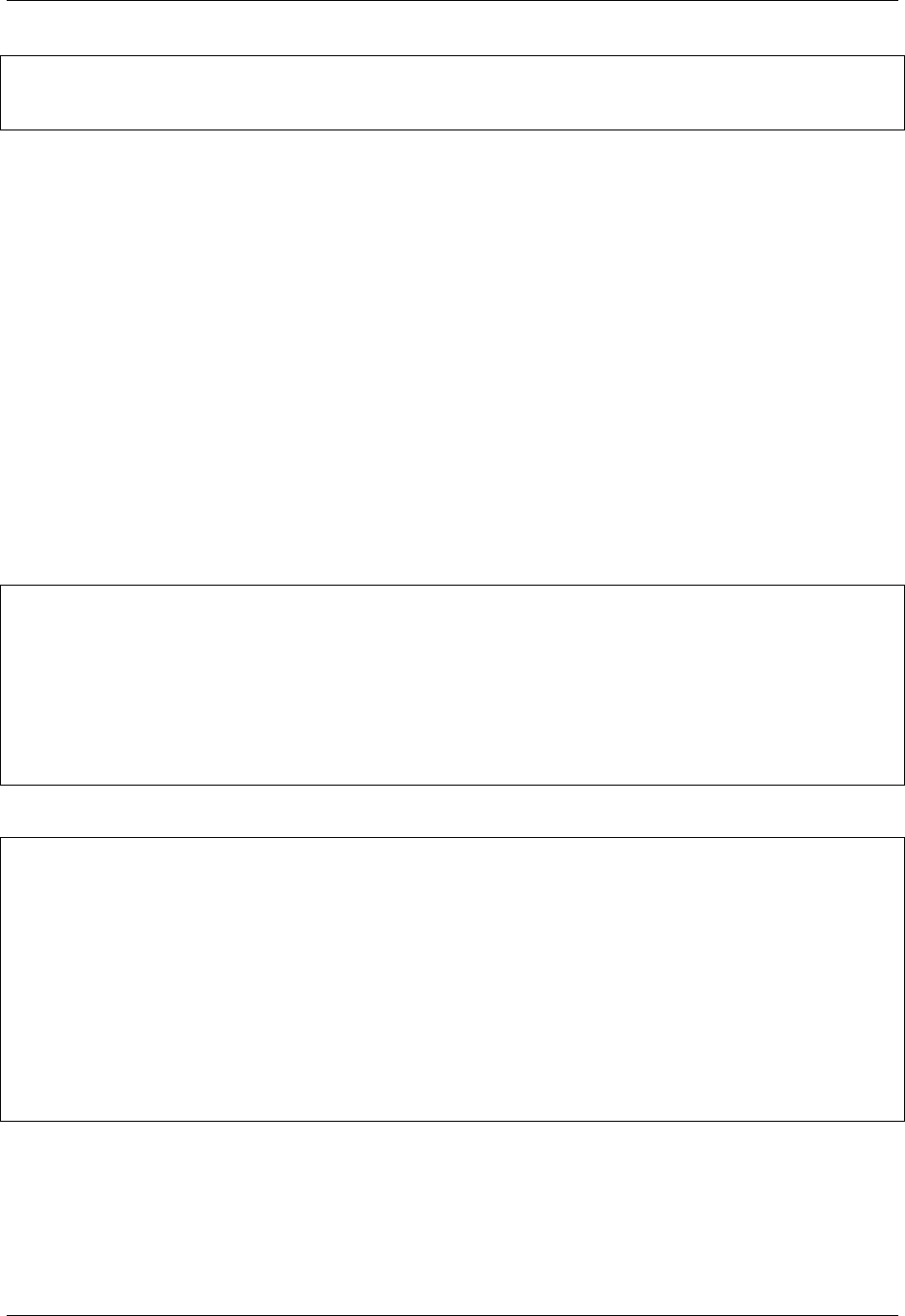
GeoServer User Manual, Release 2.15.1
zip=${typename}
shp=${typename}${geometryType}
txt=wfsrequest
The zip property is the name of the archive, the shp property is the name of the shapefile for a given
feature type, and txt is the dump of the actual WFS request.
The properties available in the template are:
•typename—Feature type name (for the zip property this will be the first feature type if the request
contains many feature types)
•geometryType—Type of geometry contained in the shapefile. This is only used if the output geom-
etry type is generic and the various geometries are stored in one shapefile per type.
•workspace—Workspace of the feature type
•timestamp—Date object with the request timestamp
•iso_timestamp—String (ISO timestamp of the request at GMT) in yyyyMMdd_HHmmss format
JSON and JSONP output
The JSON output format (and JSONP if enabled) return feature content as a GeoJSON document. Here is
an example of a simple GeoJSON file;
{"type":"Feature",
"geometry": {
"type":"Point",
"coordinates": [125.6,10.1]
},
"properties": {
"name":"Dinagat Islands"
}
}
The output properties can include the use of lists and maps:
{
"type":"Feature",
"id":"example.3",
"geometry": {
"type":"POINT",
"coordinates":[-75.70742,38.557476 ],
},
"geometry_name":"geom",
"properties": {
"CONDITION":"Orange",
"RANGE": {"min":"37","max":"93"}
}
}
JSON output format_options:
•format_options=id_policy:<attribute name>=<attribute|true|false> is used to de-
termine if the id values are included in the output.
Use format_options=id_policy:reference_no for feature id generation using the
reference_no attribute, or format_options=id_policy:reference_no=true for de-
1172 Chapter 7. Services
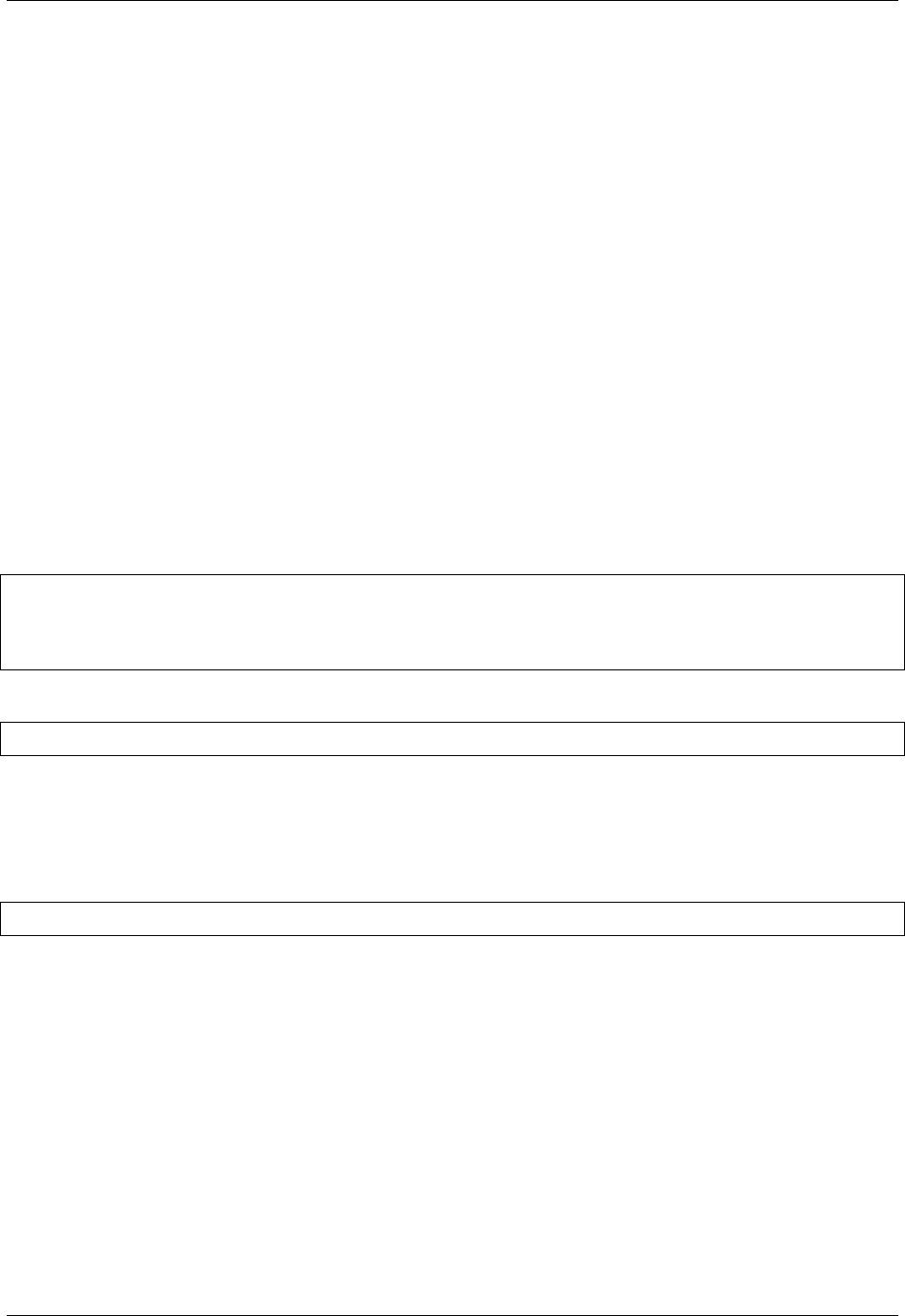
GeoServer User Manual, Release 2.15.1
fault feature id generation, or format_options=id_policy:reference_no=false to
suppress feature id output.
If id_policy is not specified the geotools default feature id generation is used.
•format_options=callback:<parseResponse> applies only to the JSONP output format. See
WMS vendor parameters to change the callback name. Note that this format is disabled by default (See
Global variables affecting WMS).
7.2.5 WFS vendor parameters
WFS vendor parameters are non-standard request parameters defined by an implementation to provide
enhanced capabilities. GeoServer supports a variety of vendor-specific WFS parameters.
CQL filters
In WFS GetFeature GET requests, the cql_filter parameter can be used to specify a filter in ECQL (Ex-
tended Common Query Language) format. ECQL provides a more compact and readable syntax compared
to OGC XML filters.
For full details see the ECQL Reference and CQL and ECQL tutorial.
The following example illustrates a GET request OGC filter:
filter=%3CFilter%20xmlns:gml=%22http://www.opengis.net/gml%22%3E%3CIntersects%3E
,→%3CPropertyName%3Ethe_geom%3C/PropertyName%3E%3Cgml:Point%20srsName=%224326%22%3E
,→%3Cgml:coordinates%3E-74.817265,40.5296504%3C/gml:coordinates%3E%3C/gml:Point%3E%3C/
,→Intersects%3E%3C/Filter%3E
Using ECQL, the identical filter would be defined as follows:
cql_filter=INTERSECTS(the_geom,%20POINT%20(-74.817265%2040.5296504))
Format options
The format_options parameter is a container for other parameters that are format-specific. The syntax
is:
format_options=param1:value1;param2:value2;...
The supported format option is:
•callback (default is parseResponse)—Specifies the callback function name for the JSONP re-
sponse format
•id_policy (default is true)- Specifies id generation for the JSON output format. To include feature
id in output use an attribute name, or use true for feature id generation. To avoid the use of feature
id completely use false.
Reprojection
As WFS 1.1.0 and 2.0.0 both support data reprojection, GeoServer can store the data in one projection and
return GML in another projection. While not part of the specification, GeoServer supports this using WFS
1.0.0 as well. When submitting a WFS GetFeature GET request, you can add this parameter to specify the
reprojection SRS as follows:
7.2. Web Feature Service (WFS) 1173
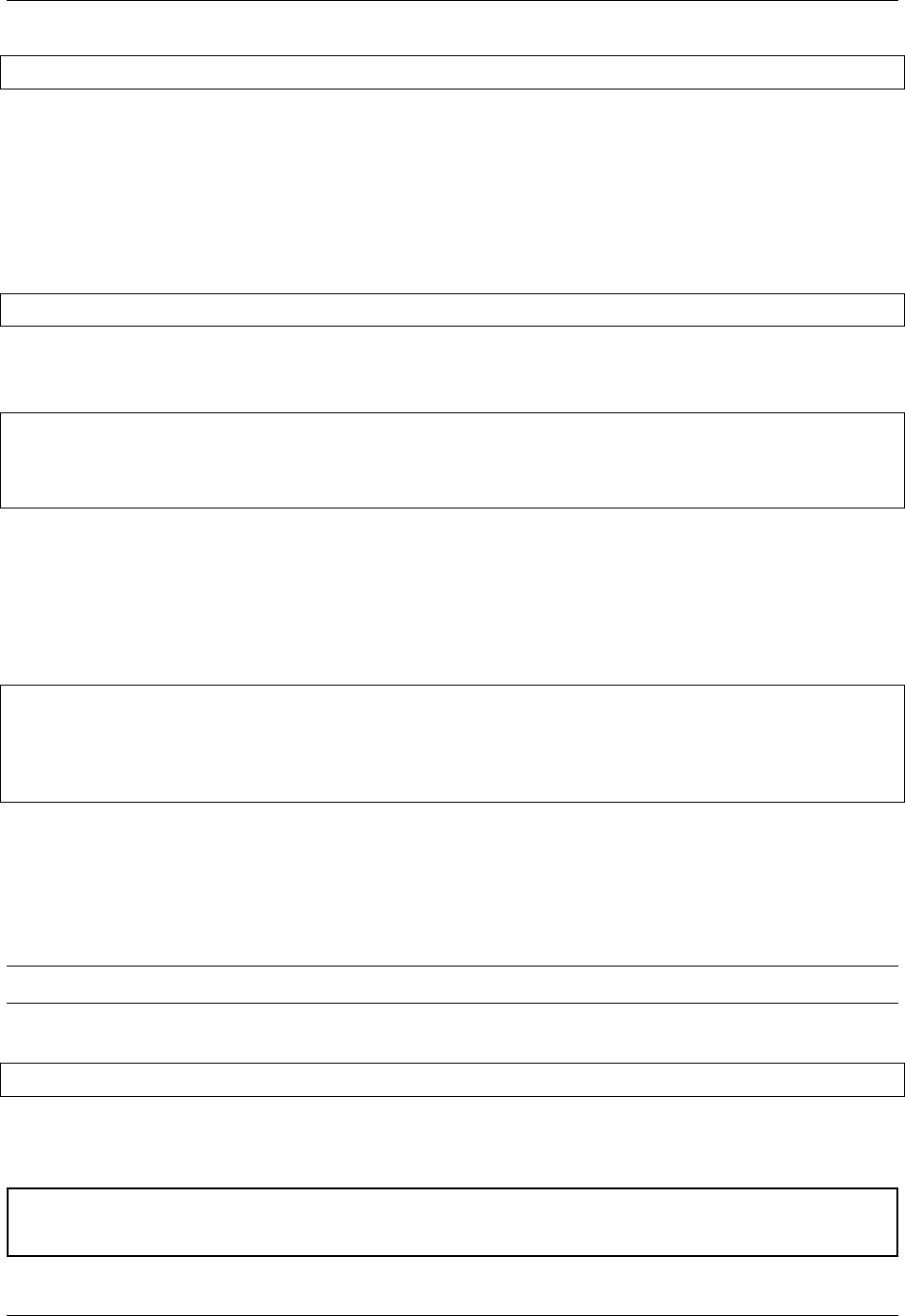
GeoServer User Manual, Release 2.15.1
srsName=<srsName>
The code for the projection is represented by <srsName>, for example EPSG:4326. For POST requests,
you can add the same code to the Query element.
XML request validation
GeoServer is less strict than the WFS specification when it comes to the validity of an XML request. To force
incoming XML requests to be valid, use the following parameter:
strict=[true|false]
The default option for this parameter is false.
For example, the following request is invalid:
<wfs:GetFeature service="WFS" version="1.0.0"
xmlns:wfs="http://www.opengis.net/wfs">
<Query typeName="topp:states"/>
</wfs:GetFeature>
The request is invalid for two reasons:
• The Query element should be prefixed with wfs:.
• The namespace prefix has not been mapped to a namespace URI.
That said, the request would still be processed by default. Executing the above command with the
strict=true parameter, however, would result in an error. The correct syntax should be:
<wfs:GetFeature service="WFS" version="1.0.0"
xmlns:wfs="http://www.opengis.net/wfs"
xmlns:topp="http://www.openplans.org/topp">
<wfs:Query typeName="topp:states"/>
</wfs:GetFeature>
GetCapabilities namespace filter
WFS GetCapabilities requests may be filtered to return only those layers that correspond to a particular
namespace by adding the <namespace> parameter to the request.
Note: This parameter only affects GetCapabilities requests.
To apply this filter, add the following code to your request:
namespace=<namespace>
Although providing an invalid namespace will not result in any errors, the GetCapabilities document re-
turned will not contain any layer information.
Warning: Using this parameter may result your GetCapabilities document becoming invalid, as the
WFS specification requires the document to return at least one layer.
1174 Chapter 7. Services
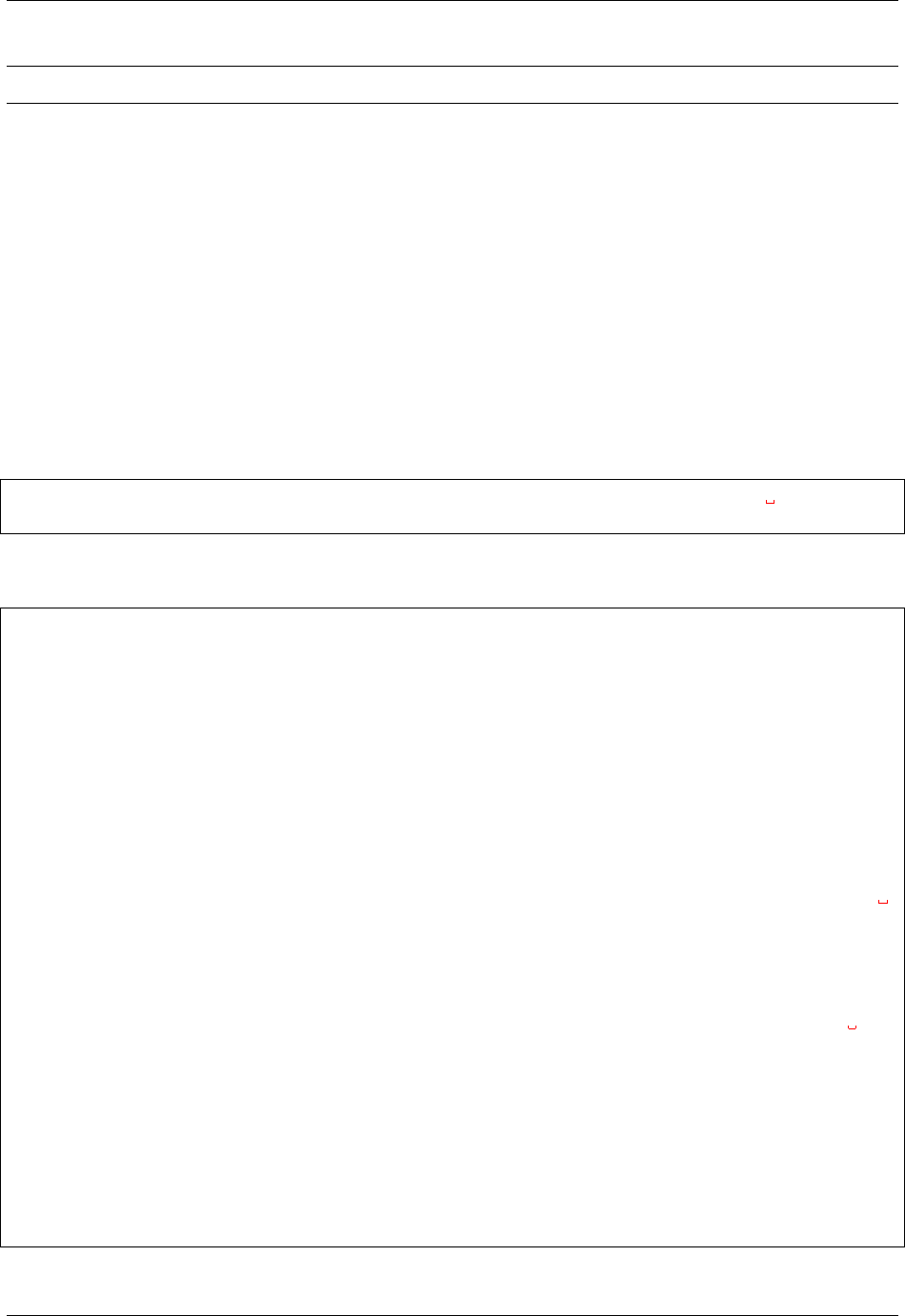
GeoServer User Manual, Release 2.15.1
Note: This filter is related to Virtual Services.
7.2.6 WFS schema mapping
One of the functions of the GeoServer WFS is to automatically map the internal schema of a dataset to a
feature type schema. This mapping is performed according to the following rules:
• The name of the feature element maps to the name of the dataset.
• The name of the feature type maps to the name of the dataset with the string “Type” appended to it.
• The name of each attribute of the dataset maps to the name of an element particle contained in the
feature type.
• The type of each attribute of the dataset maps to the appropriate XML schema type (xsd:int,
xsd:double, and so on).
For example, a dataset has the following schema:
myDataset(intProperty:Integer, stringProperty:String, floatProperty:Float,
,→geometry:Point)
This schema would be mapped to the following XML schema, available via a DescribeFeatureType
request for the topp:myDataset type:
<xsd:schema xmlns:xsd="http://www.w3.org/2001/XMLSchema"
xmlns:gml="http://www.opengis.net/gml"
xmlns:topp="http://www.openplans.org/topp"
targetNamespace="http://www.openplans.org/topp"
elementFormDefault="qualified">
<xsd:import namespace="http://www.opengis.net/gml"
schemaLocation="http://localhost:8080/geoserver/schemas/gml/3.1.1/base/gml.xsd"/>
<xsd:complexType name="myDatasetType">
<xsd:complexContent>
<xsd:extension base="gml:AbstractFeatureType">
<xsd:sequence>
<xsd:element maxOccurs="1" minOccurs="0" name="intProperty" nillable="true"
,→type="xsd:int"/>
<xsd:element maxOccurs="1" minOccurs="0" name="stringProperty" nillable=
,→"true" type="xsd:string"/>
<xsd:element maxOccurs="1" minOccurs="0" name="floatProperty" nillable="true
,→" type="xsd:double"/>
<xsd:element maxOccurs="1" minOccurs="0" name="geometry" nillable="true"
,→type="gml:PointPropertyType"/>
</xsd:sequence>
</xsd:extension>
</xsd:complexContent>
</xsd:complexType>
<xsd:element name="myDataset" substitutionGroup="gml:_Feature" type=
,→"topp:myDatasetType"/>
</xsd:schema>
7.2. Web Feature Service (WFS) 1175
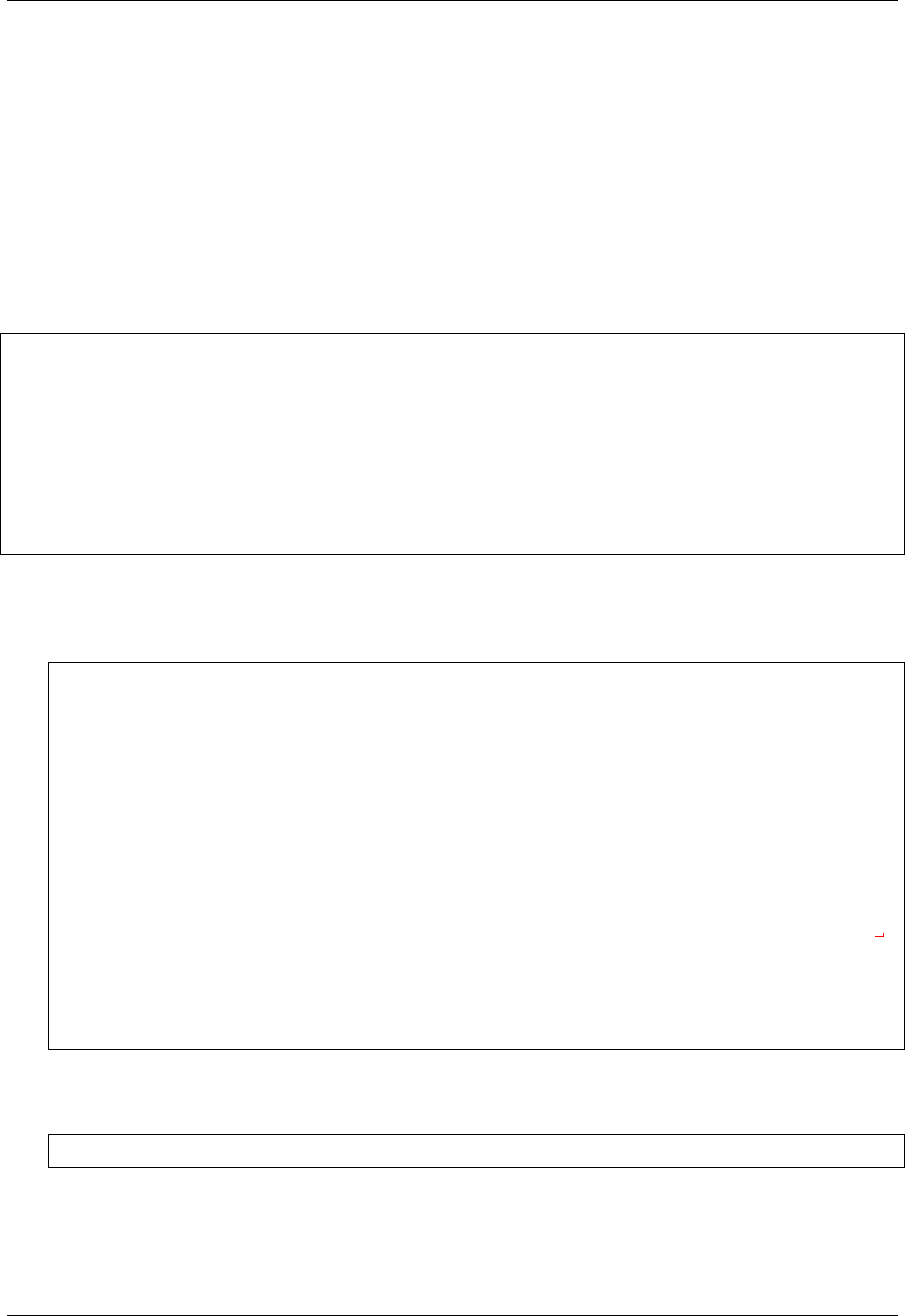
GeoServer User Manual, Release 2.15.1
Schema customization
The GeoServer WFS supports a limited amount of schema output customization. A custom schema may be
useful for the following:
• Limiting the attributes which are exposed in the feature type schema
•Changing the types of attributes in the schema
• Changing the structure of the schema (for example, changing the base feature type)
For example, it may be useful to limit the exposed attributes in the example dataset described above. Start
by retrieving the default output as a benchmark of the complete schema. With the feature type schema
listed above, the GetFeature request would be as follows:
<topp:myDataset gml:id="myDataset.1">
<topp:intProperty>1</topp:intProperty>
<topp:stringProperty>one</topp:stringProperty>
<topp:floatProperty>1.1</topp:floatProperty>
<topp:geometry>
<gml:Point srsName="urn:x-ogc:def:crs:EPSG:4326">
<gml:pos>1.0 1.0</gml:pos>
</gml:Point>
</topp:geometry>
</topp:myDataset>
To remove floatProperty from the list of attributes, the following steps would be required:
1. The original schema is modified to remove the floatProperty, resulting in the following type
definition:
<xsd:complexType name="myDatasetType">
<xsd:complexContent>
<xsd:extension base="gml:AbstractFeatureType">
<xsd:sequence>
<xsd:element maxOccurs="1" minOccurs="0" name="intProperty" nillable="true
,→" type="xsd:int"/>
<xsd:element maxOccurs="1" minOccurs="0" name="stringProperty" nillable=
,→"true" type="xsd:string"/>
<!-- remove the floatProperty element
<xsd:element maxOccurs="1" minOccurs="0" name="floatProperty" nillable=
,→"true" type="xsd:double"/>
-->
<xsd:element maxOccurs="1" minOccurs="0" name="geometry" nillable="true"
,→type="gml:PointPropertyType"/>
</xsd:sequence>
</xsd:extension>
</xsd:complexContent>
</xsd:complexType>
2. The modification is saved in a file named schema.xsd.
3. The schema.xsd file is copied into the feature type directory for the topp:myDataset which is:
$GEOSERVER_DATA_DIR/workspaces/<workspace>/<datastore>/myDataset/
where <workspace> is the name of the workspace containing your data store and <datastore> is
the name of the data store which contains myDataset
The modified schema will only be available to GeoServer when the configuration is reloaded or GeoServer
is restarted.
1176 Chapter 7. Services
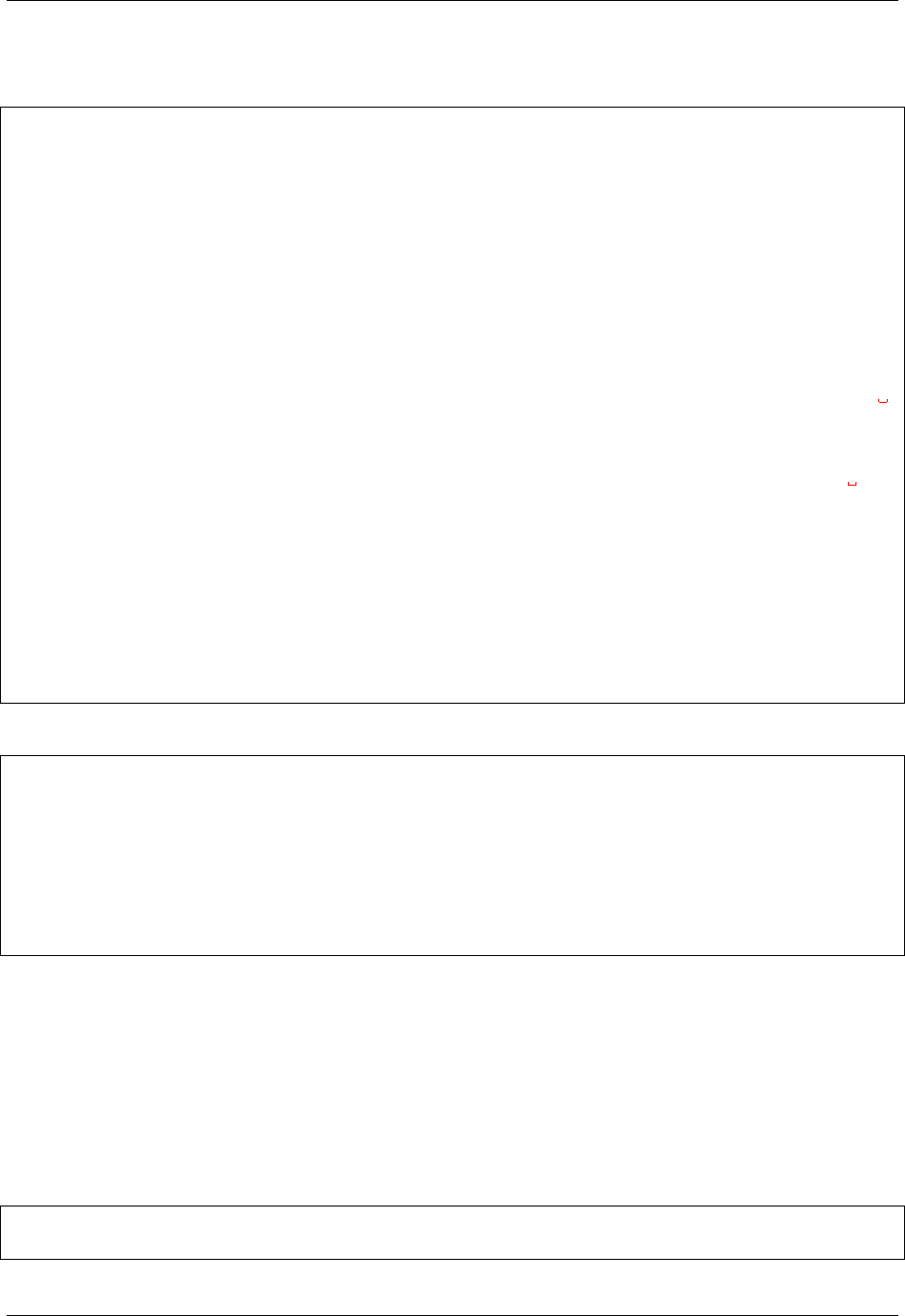
GeoServer User Manual, Release 2.15.1
A subsequent DescribeFeatureType request for topp:myDataset confirms the floatProperty ele-
ment is absent:
<xsd:schema xmlns:xsd="http://www.w3.org/2001/XMLSchema"
xmlns:gml="http://www.opengis.net/gml"
xmlns:topp="http://www.openplans.org/topp"
targetNamespace="http://www.openplans.org/topp"
elementFormDefault="qualified">
<xsd:import namespace="http://www.opengis.net/gml"
schemaLocation="http://localhost:8080/geoserver/schemas/gml/3.1.1/base/gml.xsd"/>
<xsd:complexType name="myDatasetType">
<xsd:complexContent>
<xsd:extension base="gml:AbstractFeatureType">
<xsd:sequence>
<xsd:element maxOccurs="1" minOccurs="0" name="intProperty" nillable="true"
,→type="xsd:int"/>
<xsd:element maxOccurs="1" minOccurs="0" name="stringProperty" nillable=
,→"true" type="xsd:string"/>
<xsd:element maxOccurs="1" minOccurs="0" name="geometry" nillable="true"
,→type="gml:PointPropertyType"/>
</xsd:sequence>
</xsd:extension>
</xsd:complexContent>
</xsd:complexType>
<xsd:element name="myDataset" substitutionGroup="gml:_Feature" type=
,→"topp:myDatasetType"/>
</xsd:schema>
AGetFeature request will now return features that don’t include the floatProperty attribute:
<topp:myDataset gml:id="myDataset.1">
<topp:intProperty>1</topp:intProperty>
<topp:stringProperty>one</topp:stringProperty>
<topp:geometry>
<gml:Point srsName="urn:x-ogc:def:crs:EPSG:4326">
<gml:pos>1.0 1.0</gml:pos>
</gml:Point>
</topp:geometry>
</topp:myDataset>
Type changing
Schema customization may be used to perform some type changing, although this is limited by the fact
that a changed type must be in the same domain as the original type. For example, integer types must be
changed to integer types, temporal types to temporal types, and so on.
The most common change type requirement is for geometry attributes. In many cases the underlying data
set does not have the necessary metadata to report the specific geometry type of a geometry attribute. The
automatic schema mapping would result in an element definition similar to the following:
<xsd:element maxOccurs="1" minOccurs="0" name="geometry" nillable="true" type=
,→"gml:GeometryPropertyType"/>
7.2. Web Feature Service (WFS) 1177
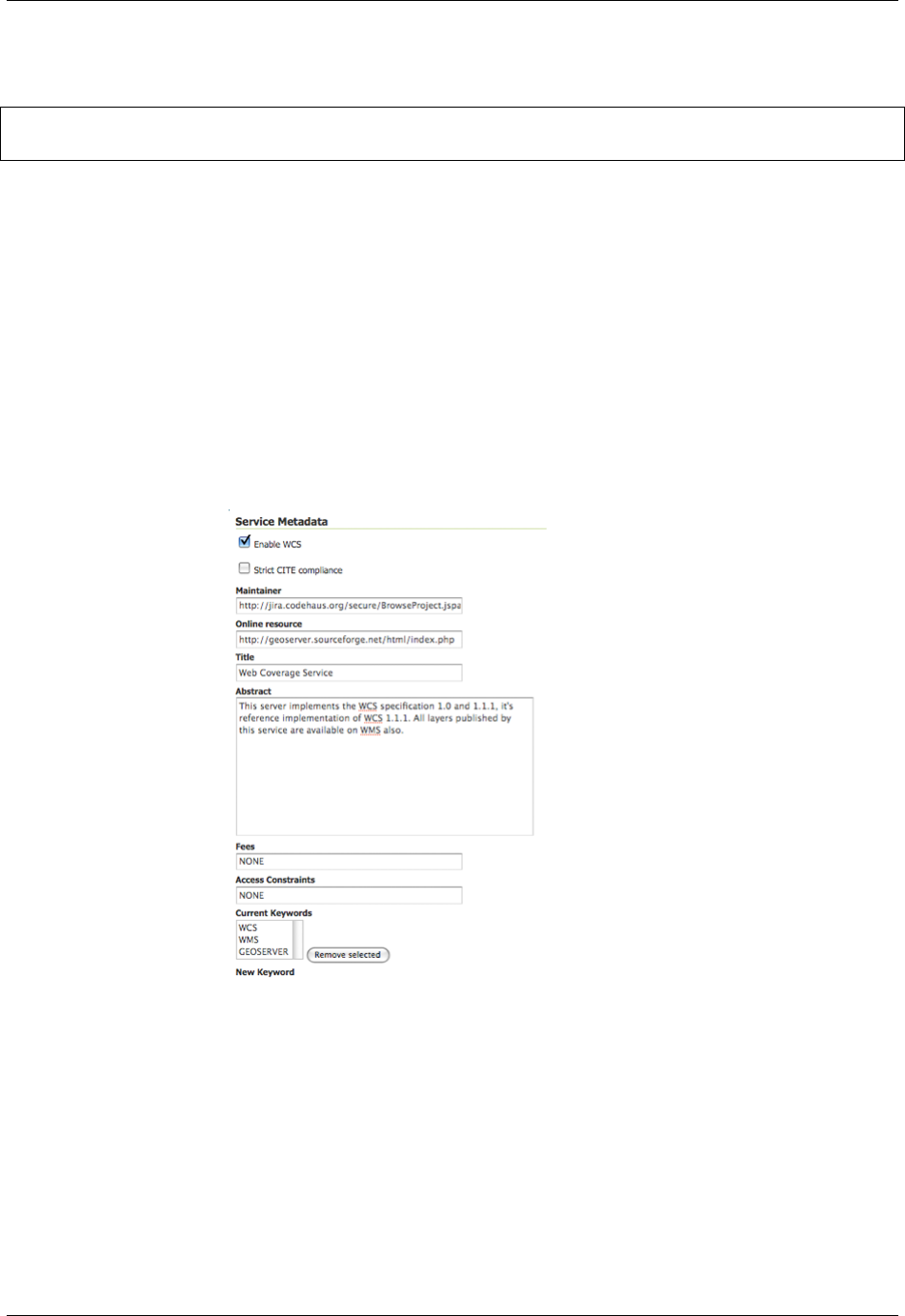
GeoServer User Manual, Release 2.15.1
However if the specific type of the geometry is known, the element definition above could be altered. For
point geometry, the element definition could be altered to :
<xsd:element maxOccurs="1" minOccurs="0" name="geometry" nillable="true" type=
,→"gml:PointPropertyType"/>
7.3 Web Coverage Service (WCS)
This section describes the Web Coverage Service (WCS).
7.3.1 WCS settings
This page details the configuration options for WCS in the web administration interface.
The Web Coverage Service (WCS) provides few options for changing coverage functionality. While various
elements can be configured for WFS and WMS requests, WCS allows only metadata information to be
edited. This metadata information, entitled Service Metadata, is common to WCS, WFS and WMS requests.
Fig. 7.62: WCS Configuration page
Service Metadata
WCS, WFS, and WMS use common metadata definitions. These nine elements are described in the follow-
ing table. Though these field types are the same regardless of service, their values are not shared. As such,
parameter definitions below refer to the respective service. For example, “Enable” on the WFS Service page,
enables WFS service requests and has no effect on WCS or WMS requests.
1178 Chapter 7. Services
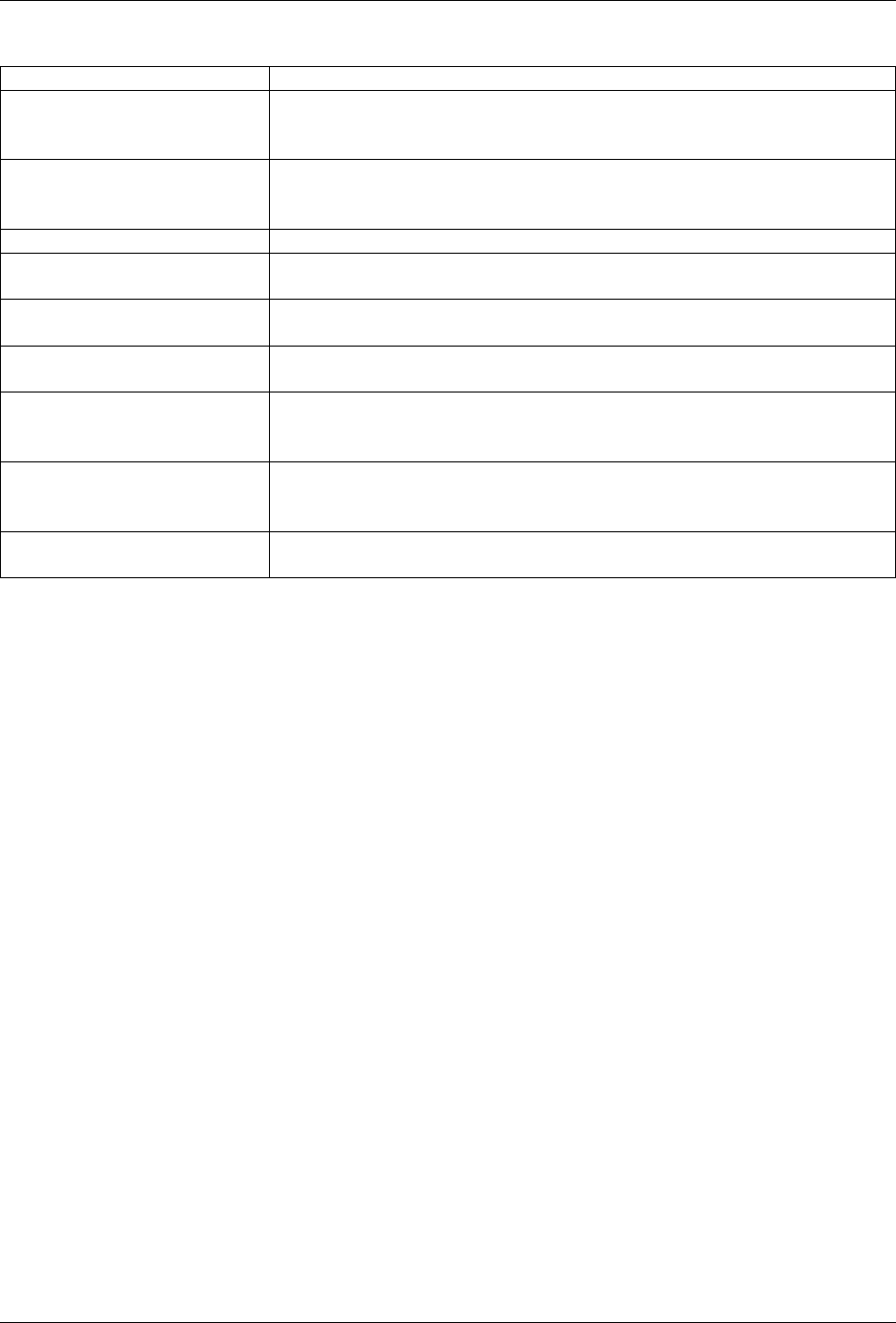
GeoServer User Manual, Release 2.15.1
Field Description
Enabled Specifies whether the respective services–WCS, WFS or WMS–should be
enabled or disabled. When disabled, the respective service requests will
not be processed.
Strict CITE compliance When selected, enforces strict OGC Compliance and Interoperability
Testing Initiative (CITE) conformance. Recommended for use when run-
ning conformance tests.
Maintainer Name of the maintaining body
Online Resource Defines the top-level HTTP URL of the service. Typically the Online
Resource is the URL of the service “home page.” (Required)|
Title A human-readable title to briefly identify this service in menus to clients
(required)
Abstract Provides a descriptive narrative with more information about the ser-
vice
Fees Indicates any fees imposed by the service provider for usage of the ser-
vice. The keyword NONE is reserved to mean no fees and fits most
cases.
Access Constraints Describes any constraints imposed by the service provider on the ser-
vice. The keyword NONE is reserved to indicate no access constraints
are imposed and fits most cases.
Keywords List of short words associated with the service to aid in cataloging and
searching
7.3.2 WCS basics
GeoServer provides support for Open Geospatial Consortium (OGC) Web Coverage Service (WCS) versions
1.0, 1.1 and 2.0. One can think of WCS as the equivalent of Web Feature Service (WFS), but for raster data
instead of vector data. It lets you get at the raw coverage information, not just the image. GeoServer is the
reference implementation for WCS 1.1.
7.3.3 WCS reference
Introduction
The Web Coverage Service (WCS) is a standard created by the OGC that refers to the receiving of geospatial
information as ‘coverages’: digital geospatial information representing space-varying phenomena. One can
think of it as Web Feature Service (WFS) for raster data. It gets the ‘source code’ of the map, but in this case
its not raw vectors but raw imagery.
An important distinction must be made between WCS and Web Map Service (WMS). They are similar, and
can return similar formats, but a WCS is able to return more information, including valuable metadata and
more formats. It additionally allows more precise queries, potentially against multi-dimensional backend
formats.
Benefits of WCS
WCS provides a standard interface for how to request the raster source of a geospatial image. While a WMS
can return an image it is generally only useful as an image. The results of a WCS can be used for complex
modeling and analysis, as it often contains more information. It also allows more complex querying - clients
can extract just the portion of the coverage that they need.
7.3. Web Coverage Service (WCS) 1179
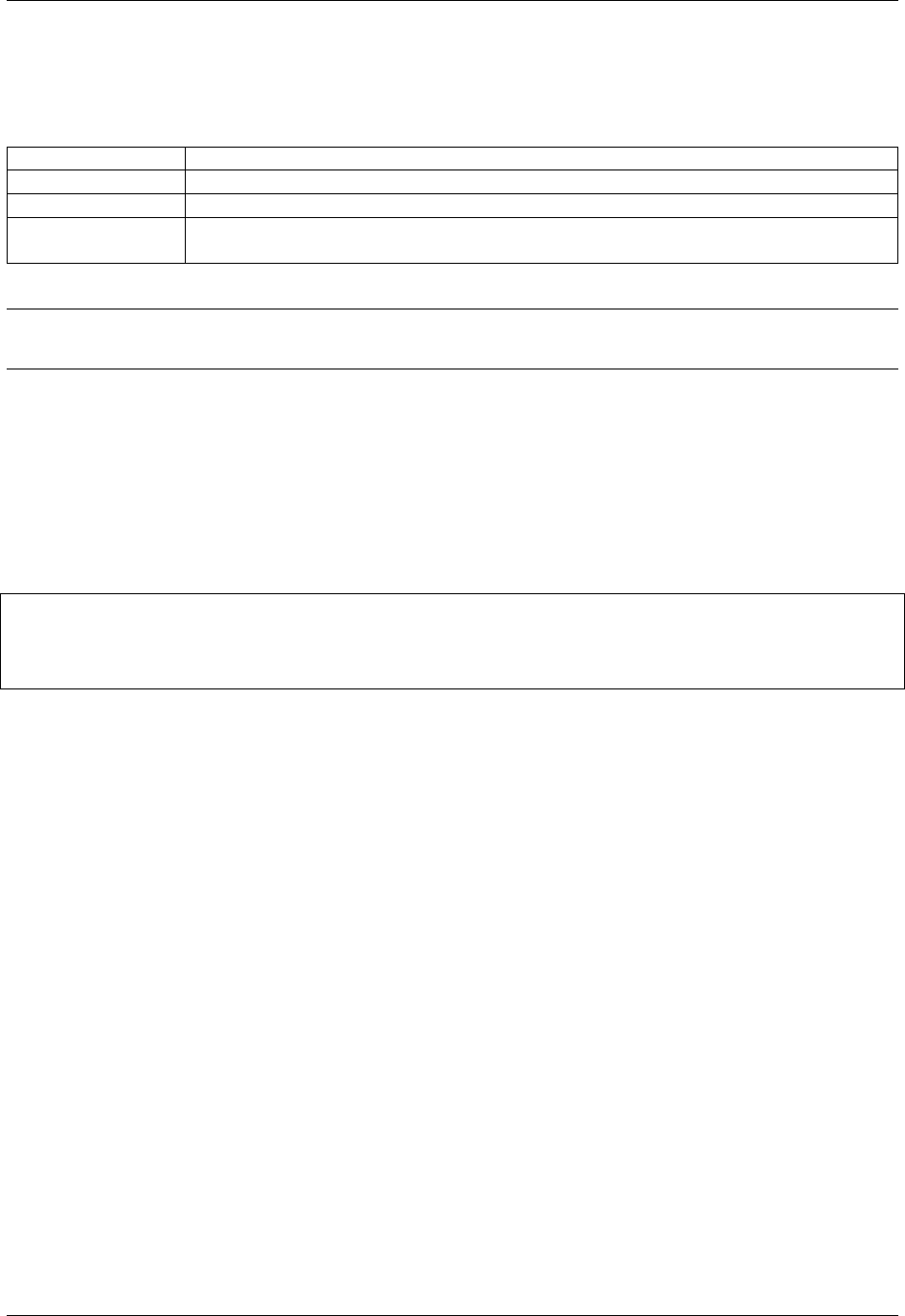
GeoServer User Manual, Release 2.15.1
Operations
WCS can perform the following operations:
Operation Description
GetCapabilities Retrieves a list of the server’s data, as well as valid WCS operations and parameters
DescribeCoverageRetrieves an XML document that fully describes the request coverages.
GetCoverage Returns a coverage in a well known format. Like a WMS GetMap request, but with
several extensions to support the retrieval of coverages.
Note: The following examples show the 1.1 protocol, the full specification for versions 1.0, 1.1 and 2.0 are
available on the OGC web site
GetCapabilities
The GetCapabilities operation is a request to a WCS server for a list of what operations and services (“ca-
pabilities”) are being offered by that server.
A typical GetCapabilities request would look like this (at URL http://www.example.com/wcs):
Using a GET request (standard HTTP):
http://www.example.com/wcs?
service=wcs&
AcceptVersions=1.1.0&
request=GetCapabilities
Here there are three parameters being passed to our WCS server, service=wcs,AcceptVersions=1.
1.0, and request=GetCapabilities. At a bare minimum, it is required that a WCS request have the
service and request parameters. GeoServer relaxes these requirements (setting the default version if omit-
ted), but “officially” they are mandatory, so they should always be included. The service key tells the WCS
server that a WCS request is forthcoming. The AcceptsVersion key refers to which version of WCS is being
requested. The request key is where the actual GetCapabilities operation is specified.
WCS additionally supports the Sections parameter that lets a client only request a specific section of the
Capabilities Document.
DescribeCoverage
The purpose of the DescribeCoverage request is to additional information about a Coverage a client wants
to query. It returns information about the crs, the metadata, the domain, the range and the formats it is
available in. A client generally will need to issue a DescribeCoverage request before being sure it can make
the proper GetCoverage request.
GetCoverage
The GetCoverage operation requests the actual spatial data. It can retrieve subsets of coverages, and the
result can be either the coverage itself or a reference to it. The most powerful thing about a GetCoverage
request is its ability to subset domains (height and time) and ranges. It can also do resampling, encode in
different data formats, and return the resulting file in different ways.
1180 Chapter 7. Services

GeoServer User Manual, Release 2.15.1
7.3.4 WCS output formats
WCS output formats are configured coverage by coverage. The current list of output formats follows:
Images:
• JPEG - (format=jpeg)
• GIF - (format=gif)
• PNG - (format=png)
• Tiff - (format=tif)
• BMP - (format=bmp)
Georeferenced formats:
• GeoTiff - (format=geotiff)
• GTopo30 - (format=gtopo30)
• ArcGrid - (format=ArcGrid)
• GZipped ArcGrid - (format=ArcGrid-GZIP)
Beware, in the case of ArcGrid, the GetCoverage request must make sure the x and y resolution are equal,
otherwise an exception will be thrown (ArcGrid is designed to have square cells).
7.3.5 WCS Vendor Parameters
namespace
Requests to the WCS GetCapabilities operation can be filtered to only return layers corresponding to a
particular namespace.
Sample code:
http://example.com/geoserver/wcs?
service=wcs&
version=1.0.0&
request=GetCapabilities&
namespace=topp
Using an invalid namespace prefix will not cause any errors, but the document returned will not contain
information on any layers.
cql_filter
The cql_filter parameter is similar to same named WMS parameter, and allows expressing a filter using
ECQL (Extended Common Query Language). The filter is sent down into readers exposing a Filter read
parameter.
For example, assume a image mosaic has a tile index with a cloudCover percentage attribute, then it’s
possible to mosaic only granules with a cloud cover less than 10% using:
cql_filter=cloudCover < 10
For full details see the ECQL Reference and CQL and ECQL tutorial.
7.3. Web Coverage Service (WCS) 1181
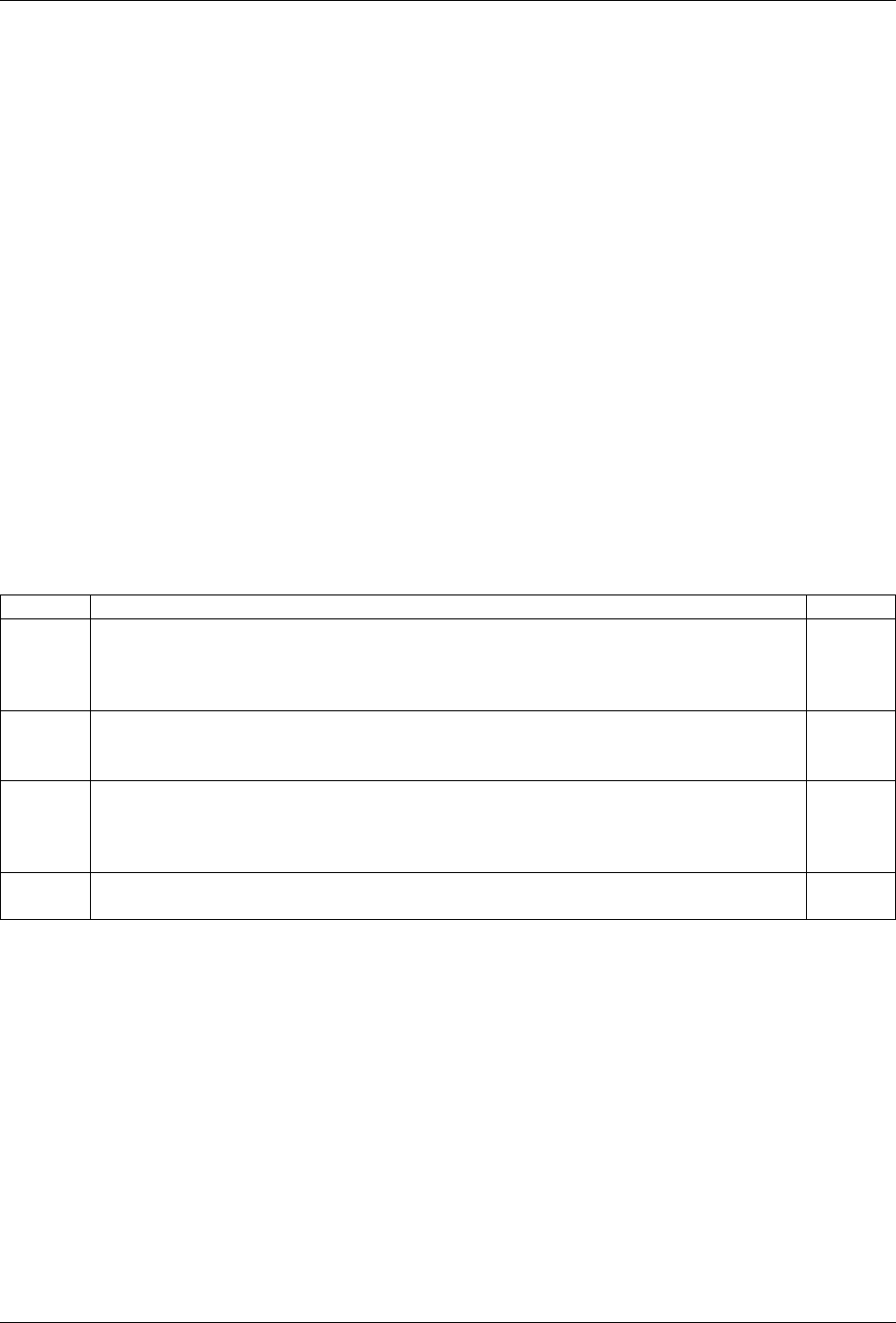
GeoServer User Manual, Release 2.15.1
sortBy
The sortBy parameter allows to control the order of granules being mosaicked, using the same syntax as
WFS 1.0, that is:
•&sortBy=att1 A|D,att2 A|D, ...
This maps to a “SORTING” read parameter that the coverage reader might expose (image mosaic exposes
such parameter).
In image mosaic, this causes the first granule found in the sorting will display on top, and then the others
will follow.
Thus, to sort a scattered mosaic of satellite images so that the most recent image shows on top, and assuming
the time attribute is called ingestion in the mosaic index, the specification will be &sortBy=ingestion
D.
7.3.6 WCS configuration
Coverage processing
The WCS processing chain can be tuned in respect of how raster overviews and read subsampling are used.
The overview policy has four possible values:
Option Description Version
Lower
reso-
lution
overview
Looks up the two overviews with a resolution closest to the one requested and
chooses the one at the lower resolution.
2.0.3
Don’t
use
overviews
Overviews will be ignored, the data at its native resolution will be used instead.
This is the default value.
2.0.3
Higher
reso-
lution
overview
Looks up the two overviews with a resolution closest to the one requested and
chooses the one at the higher resolution.
2.0.3
Closest
overview
Looks up the overview closest to the one requested 2.0.3
While reading coverage data at a resolution lower than the one available on persistent storage its common
to use subsampling, that is, read one every N pixels as a way to reduce the resolution of the data read in
memory. Use subsampling controls wheter subsampling is enabled or not.
Request limits
The request limit options allow the administrator to limit the resources consumed by each WCS
GetCoverage request.
The request limits limit the size of the image read from the source and the size of the image returned to the
client. Both of these limits are to be considered a worst case scenario and are setup to make sure the server
never gets asked to deal with too much data.
1182 Chapter 7. Services
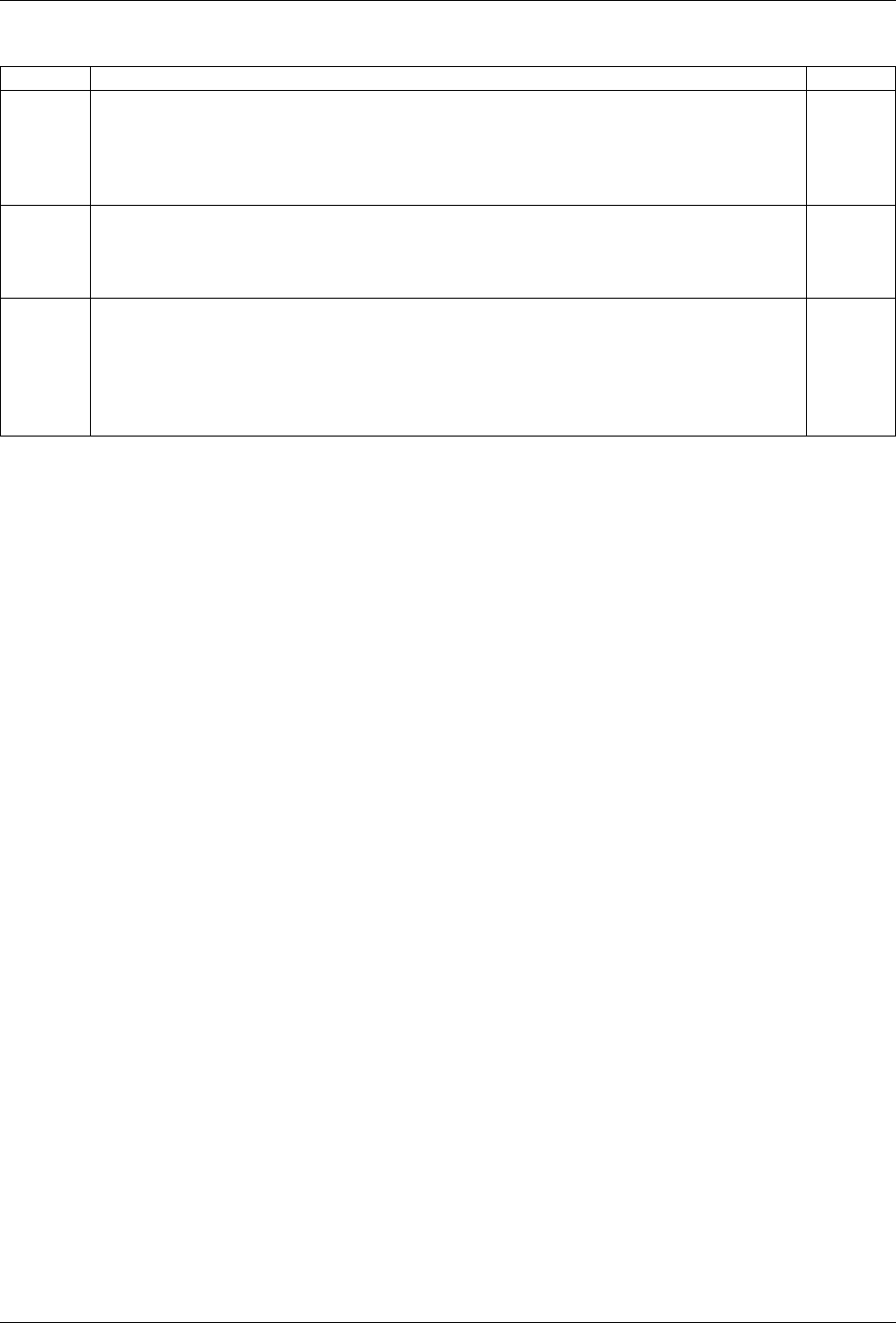
GeoServer User Manual, Release 2.15.1
Option Description Version
Maximum
input
mem-
ory
Sets the maximum amount of memory, in kilobytes, a GetCovearge request might
use, at most, to read a coverage from the data source. The memory is computed as
rw *rh *pixelsize, where rw and rh are the size of the raster to be read and
pixelsize is the dimension or a pixel (e.g., a RGBA image will have 32bit pixels,
a batimetry might have 16bit signed int ones)
2.0.3
Maximum
output
mem-
ory
Sets the maximum amount of memory, in kilobytes, a GetCoverage request might
use, at most, to host the resulting raster. The memory is computed as ow *oh *
pixelsize, where ow and oh are the size of the raster to be generated in output.
2.0.3
Max
num-
ber of
dimen-
sion
values
Sets the maximum number of dimension (time, at least for now) values that a client
can request in a GetCoverage request (the work to be done is usually proportional
to said number of times, and the list of values is kept in memory during the pro-
cessing)
2.14.0
To understand the limits let’s consider a very simplified examle in which no tiles and overviews enter the
game:
• The request hits a certain area of the original raster. Reading it at full resolution requires grabbing a
raster of size rw *rh, which has a certain number of bands, each with a certain size. The amount of
memory used for the read will be rw *rh *pixelsize. This is the value measured by the input
memory limit
• The WCS performs the necessary processing: band selection, resolution change (downsampling or
upsampling), reprojection
• The resuling raster will have size ow *oh and will have a certain number of bands, possibly less
than the input data, each with a certain size. The amount of memory used for the final raster will be
ow *oh *pixelsize. This is the value measured by the output memory limit.
• Finally the resulting raster will be encoded in the output format. Depending on the output format
structure the size of the result might be higher than the in memory size (ArcGrid case) or smaller (for
example in the case of GeoTIFF output, which is normally LZW compressed)
In fact reality is a bit more complicated:
• The input source might be tiled, which means there is no need to fully read in memory the region, but
it is sufficient to do so one tile at a time. The input limits won’t consider inner tiling when computing
the limits, but if all the input coverages are tiled the input limits should be designed considering the
amount of data to be read from the persistent storage as opposed to the amount of data to be stored
in memory
• The reader might be using overviews or performing subsampling during the read to avoid actually
reading all the data at the native resolution should the output be subsampled
• The output format might be tile aware as well (GeoTIFF is), meaning it might be able to write out one
tile at a time. In this case not even the output raster will be stored in memory fully at any given time.
Only a few input formats are so badly structure that they force the reader to read the whole input data in
one shot, and should be avoided. Examples are: * JPEG or PNG images with world file * Single tiled and
JPEG compressed GeoTIFF files
7.3. Web Coverage Service (WCS) 1183
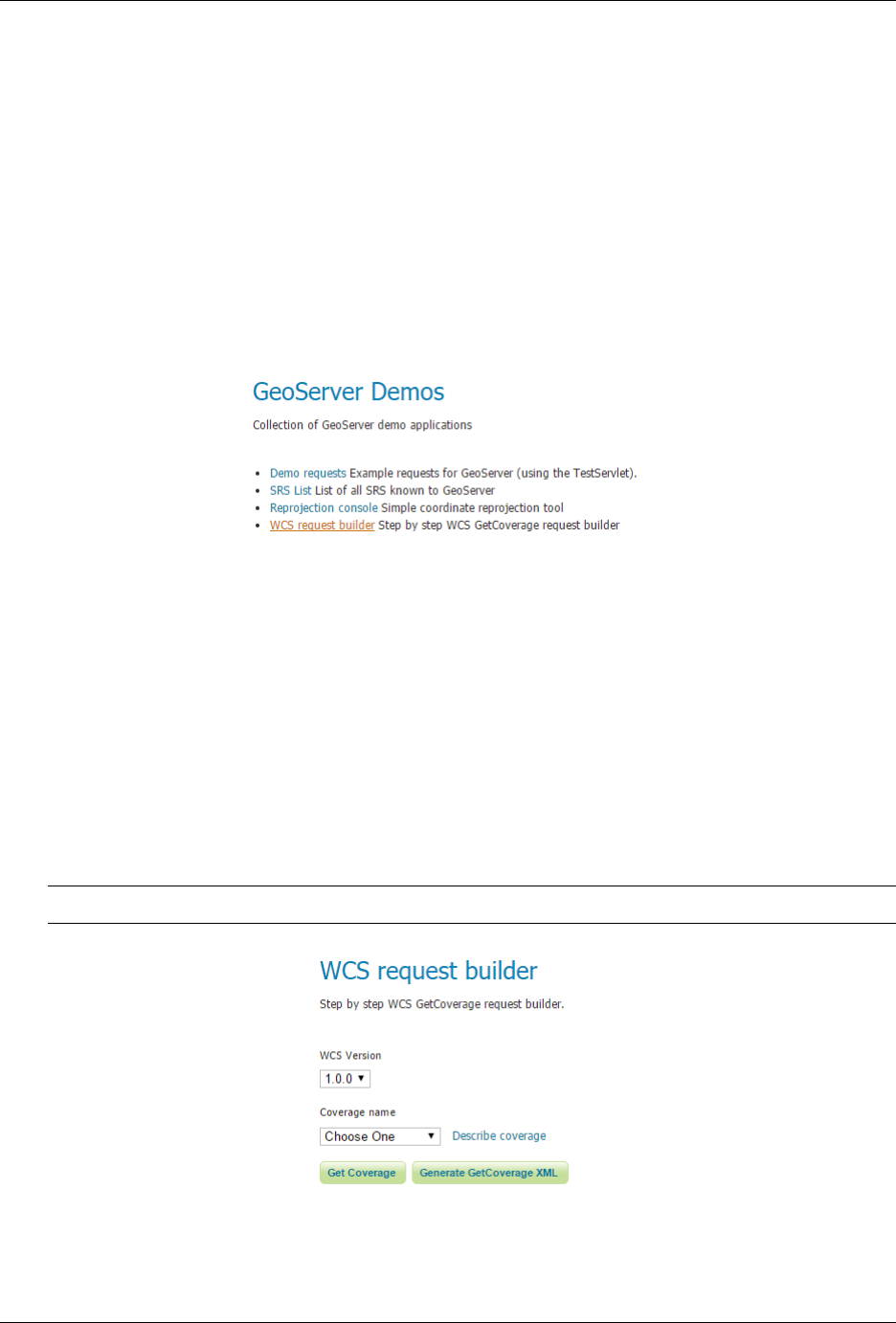
GeoServer User Manual, Release 2.15.1
7.3.7 WCS Request Builder
GeoServer includes a request builder for building and testing out WCS requests. Since WCS requests can
be cumbersome to author, this tool can make working with WCS much easier.
Accessing the WCS Request Builder
To access the WCS Request Builder:
1. Navigate to the Web administration interface.
2. Click the Demos link on the left side.
3. Select WCS Request Builder from the list of demos.
Fig. 7.63: WCS request builder in the list of demos
Using the WCS Request Builder
The WCS Request Builder consists of a form which can be used to generate a number of different types of
requests.
When first opened, the form is short, only including the following options:
•WCS Version—Version of WCS to use when crafting the request. Options are 1.0.0 and 1.1.1.
•Coverage name—Coverage to use in the request. Any published (raster) layer in GeoServer can be
selected.
Note: All other options displayed will be non-functional until Coverage name is selected.
Fig. 7.64: WCS request builder in its initial form
Once selected, the remainder of the form will be displayed. The following options are available:
1184 Chapter 7. Services
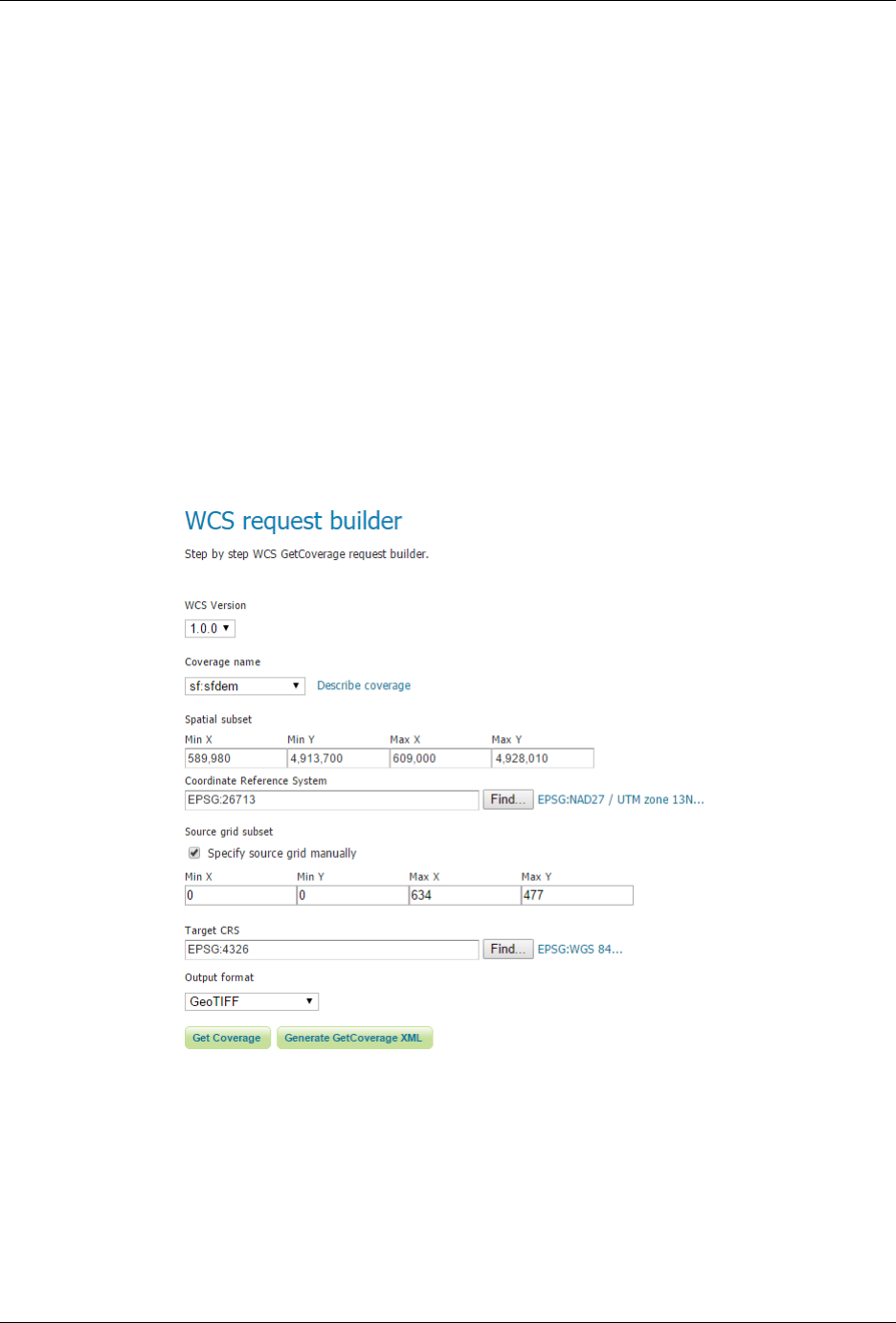
GeoServer User Manual, Release 2.15.1
•Spatial subset—Sets the extent of the GetCoverage request in units of the layer CRS. Defaults to the full
extent of the layer.
•Coordinate reference system—Source CRS of the layer. Default is the CRS of the layer in GeoServer.
•Specify source grid manually (1.0.0 only)—If checked, allows for determining the grid of pixels for the
output.
•Target coverage layout (1.1.1 only)—Specifies how the dimensions of the output grid will be determined:
–Automatic target layout—Sets that the output grid will be determined automatically.
–Specify grid resolutions—Sets the resolution of the output grid. X and Y resolutions can be set
differently.
–Specify “grid to world” transformation—Sets the output using latitude/longitude, as well as X and
Y scale and shear values.
•Target CRS—CRS of the result (output) of the GetCoverage request. If different from the Coordinate
reference system, the result will be a reprojection into the target CRS.
•Output format—Format of the result (output) of the GetCoverage request. Any valid WCS output
format is allowed. Default is GeoTIFF.
Fig. 7.65: WCS request builder form (WCS version 1.0.0)
There is also a link for Describe coverage next to the Coverage name which will execute a WCS DescribeCoverage
request for the particular layer.
At the bottom of the form are two buttons for form submission:
•Get Coverage—Executes a GetCoverage request using the parameters in the form. This will usually
result in a file which can be downloaded.
7.3. Web Coverage Service (WCS) 1185
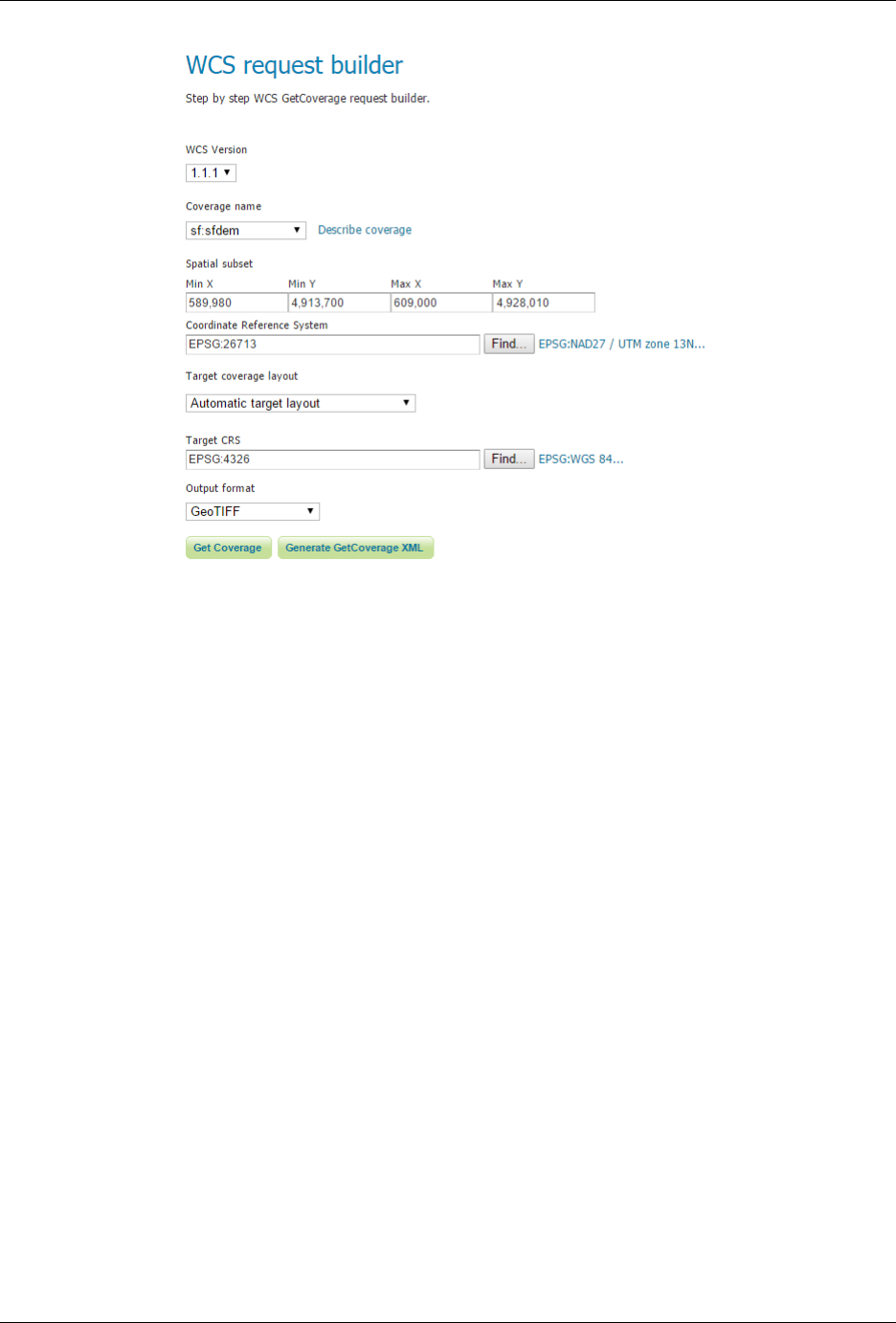
GeoServer User Manual, Release 2.15.1
Fig. 7.66: WCS request builder form (WCS version 1.1.1)
•Generate GetCoverage XML—Generates the GetCoverage request using the parameters in the form and
then, instead of executing it, outputs the request itself to the screen.
7.4 Web Processing Service (WPS)
Web Processing Service (WPS) is an OGC service for the publishing of geospatial processes, algorithms, and
calculations. The WPS service is available as an extension for geoserver providing an execute operation for
data processing and geospatial analysis.
WPS is not a part of GeoServer by default, but is available as an extension.
The main advantage of GeoServer WPS over a standalone WPS is direct integration with other GeoServer
services and the data catalog. This means that it is possible to create processes based on data served in
GeoServer, as opposed to sending the entire data source in the request. It is also possible for the results
of a process to be stored as a new layer in the GeoServer catalog. In this way, WPS acts as a full remote
geospatial analysis tool, capable of reading and writing data from and to GeoServer.
For the official WPS specification, see OGC Web Processing Service 05-007r7.
7.4.1 Installing the WPS extension
The WPS module is not a part of GeoServer core, but instead must be installed as an extension. To install
WPS:
1. Navigate to the GeoServer download page
2. Find the page that matches the exact version of GeoServer you are running.
1186 Chapter 7. Services
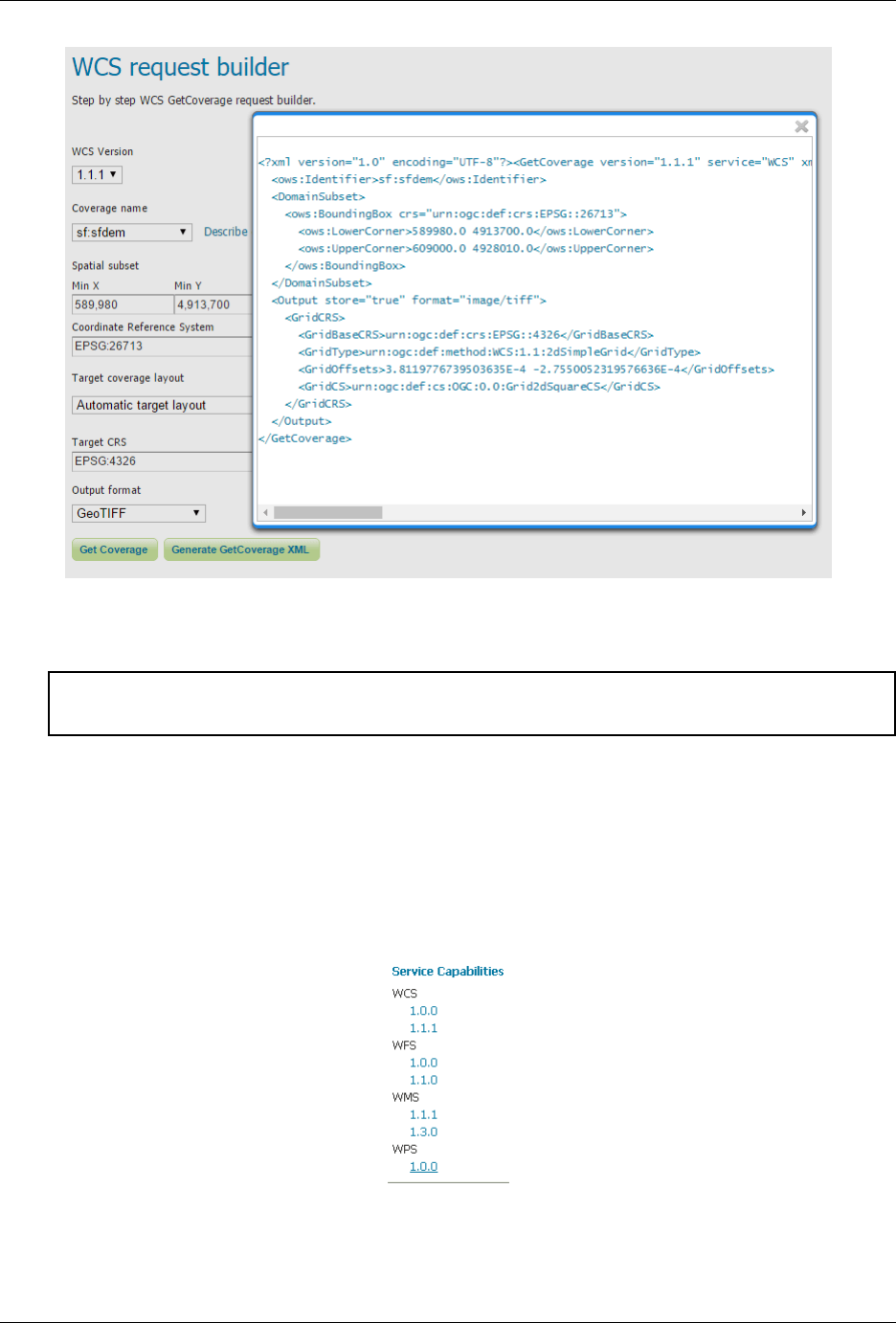
GeoServer User Manual, Release 2.15.1
Fig. 7.67: WCS request builder showing GetCoverage XML
Warning: Be sure to match the version of the extension with that of GeoServer, otherwise errors
will occur.
3. Download the WPS extension. The download link for WPS will be in the Extensions section under
Other.
4. Extract the files in this archive to the WEB-INF/lib directory of your GeoServer installation.
5. Restart GeoServer.
After restarting, load the Web administration interface. If the extension loaded properly, you should see an
extra entry for WPS in the Service Capabilities column. If you don’t see this entry, check the logs for errors.
Fig. 7.68: A link for the WPS capabilities document will display if installed properly
7.4. Web Processing Service (WPS) 1187
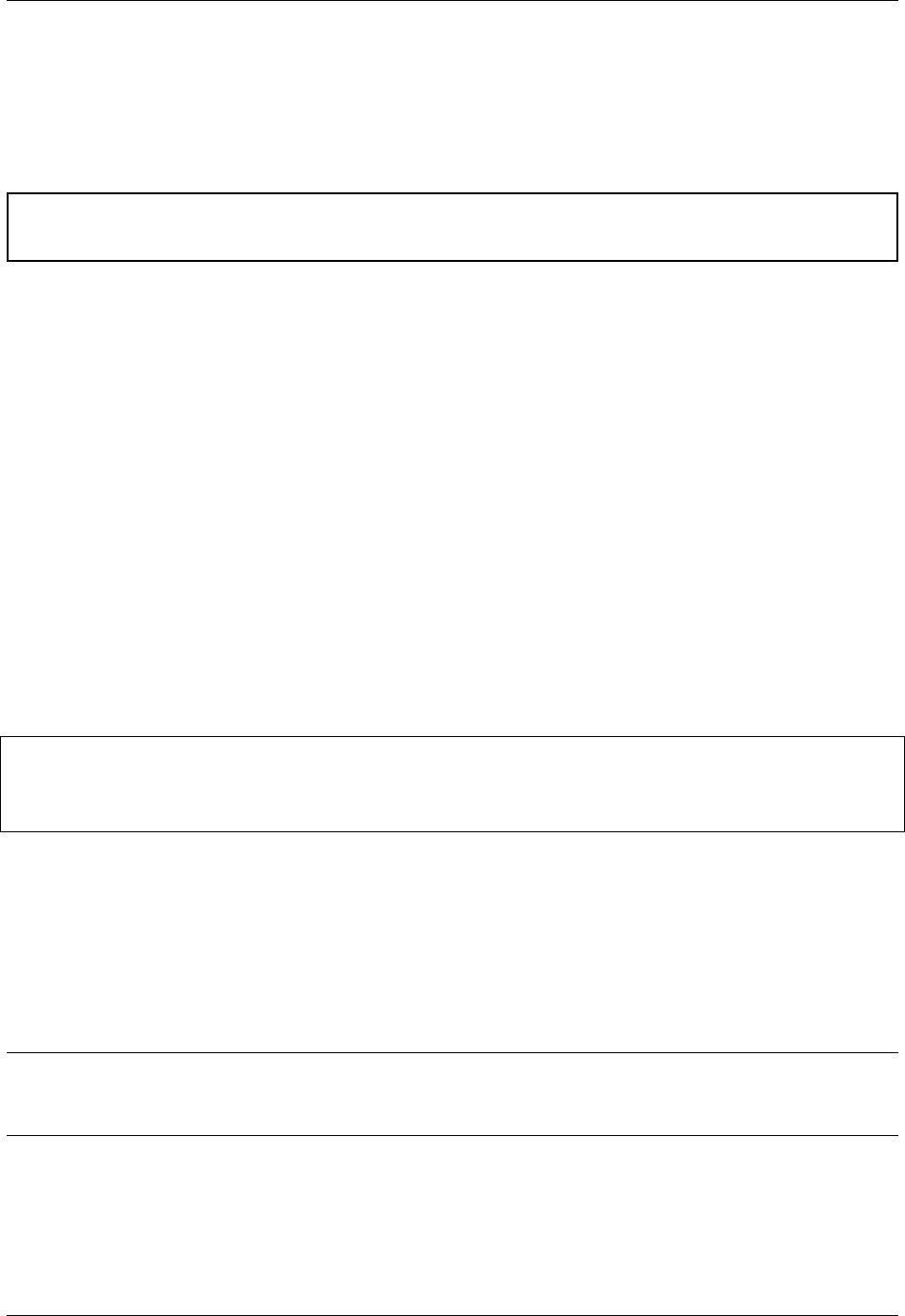
GeoServer User Manual, Release 2.15.1
Configuring WPS
WPS processes are subject to the same feature limit as the WFS service. The limit applies to process input,
so even processes which summarize data and return few results will be affected if applied to very large
datasets. The limit is set on the WFS settings Admin page.
Warning: If the limit is encountered during process execution, no error is given. Any results computed
by the process may be incomplete
7.4.2 WPS Operations
WPS defines three operations for the discovery and execution of geospatial processes. The operations are:
• GetCapabilities
• DescribeProcess
• Execute
GetCapabilities
The GetCapabilities operation requests details of the service offering, including service metadata and
metadata describing the available processes. The response is an XML document called the capabilities
document.
The required parameters, as in all OGC GetCapabilities requests, are service=WPS,version=1.0.0 and
request=GetCapabilities.
An example of a GetCapabilities request is:
http://localhost:8080/geoserver/ows?
service=WPS&
version=1.0.0&
request=GetCapabilities
DescribeProcess
The DescribeProcess operation requests a description of a WPS process available through the service.
The parameter identifier specifies the process to describe. Multiple processes can be requested, sep-
arated by commas (for example, identifier=JTS:buffer,gs:Clip). At least one process must be
specified.
Note: As with all OGC parameters, the keys (request,version, etc) are case-insensitive, and the values
(GetCapabilities,JTS:buffer, etc.) are case-sensitive. GeoServer is generally more relaxed about
case, but it is best to follow the specification.
The response is an XML document containing metadata about each requested process, including the fol-
lowing:
• Process name, title and abstract
1188 Chapter 7. Services
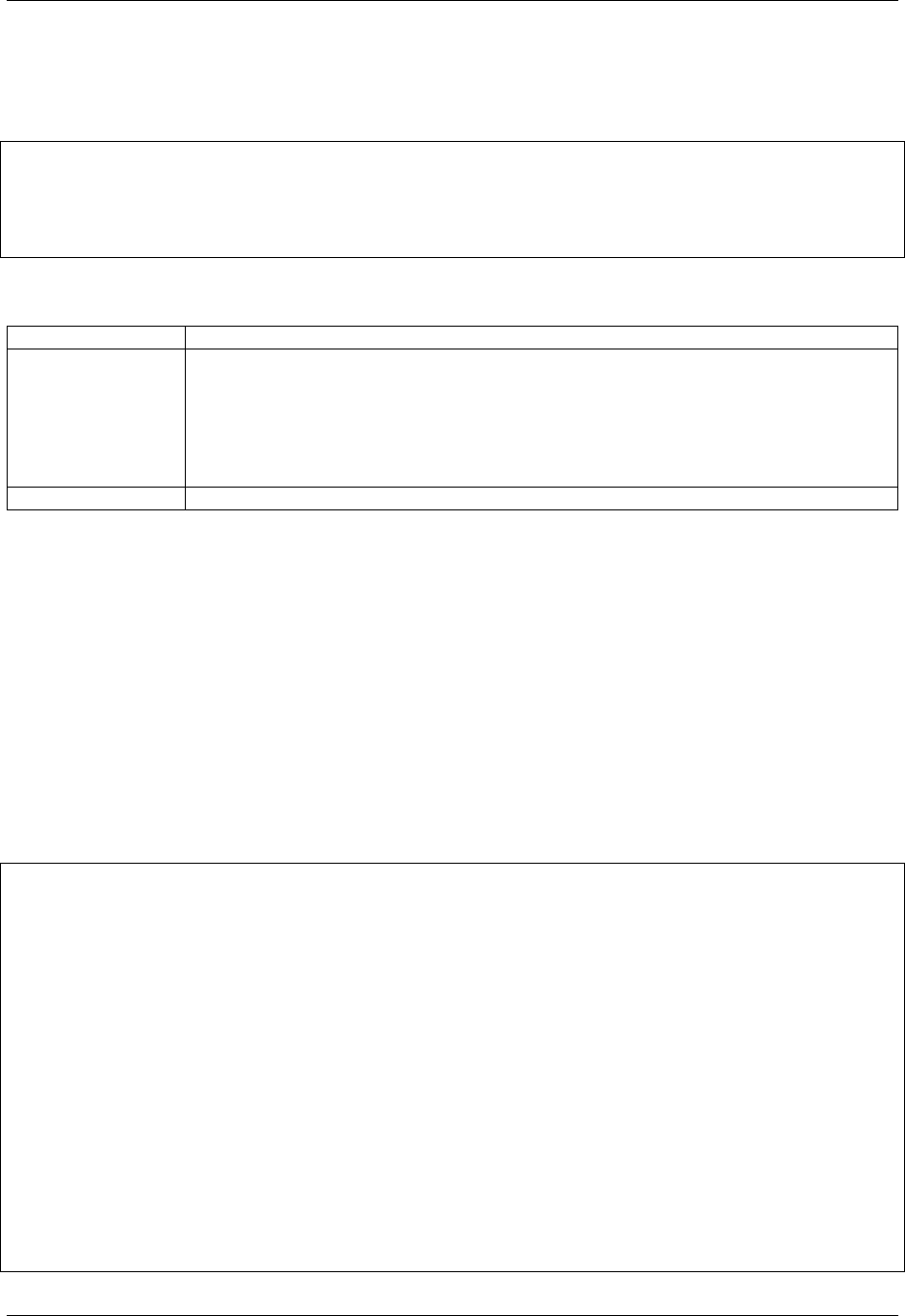
GeoServer User Manual, Release 2.15.1
• For each input and output parameter: identifier, title, abstract, multiplicity, and supported datatype
and format
An example request for the process JTS:buffer is:
http://localhost:8080/geoserver/ows?
service=WPS&
version=1.0.0&
request=DescribeProcess&
identifier=JTS:buffer
The response XML document contains the following information:
Title “Buffers a geometry using a certain distance”
Inputs geom: “The geometry to be buffered” (geometry, mandatory)
distance: “The distance (same unit of measure as the geometry)” (double, manda-
tory)
quadrant segments: “Number of quadrant segments. Use > 0 for round joins, 0 for
flat joins, < 0 for mitred joins” (integer, optional)
capstyle: “The buffer cap style, round, flat, square” (literal value, optional)
Output formats One of GML 3.1.1, GML 2.1.2, or WKT
Execute
The Execute operation is a request to perform the process with specified input values and required output
data items. The request may be made as either a GET URL, or a POST with an XML request document.
Because the request has a complex structure, the POST form is more typically used.
The inputs and outputs required for the request depend on the process being executed. GeoServer provides
a wide variety of processes to process geometry, features, and coverage data. For more information see the
section Process Cookbook.
Below is an example of a Execute POST request. The example process (JTS:buffer) takes as input
a geometry geom (in this case the point POINT(0 0)), a distance (with the value 10), a quantization
factor quadrantSegments (here set to be 1), and a capStyle (specified as flat). The <ResponseForm>
element specifies the format for the single output result to be GML 3.1.1.
<?xml version="1.0" encoding="UTF-8"?>
<wps:Execute version="1.0.0" service="WPS" xmlns:xsi="http://www.w3.org/2001/
,→XMLSchema-instance" xmlns="http://www.opengis.net/wps/1.0.0" xmlns:wfs="http://www.
,→opengis.net/wfs" xmlns:wps="http://www.opengis.net/wps/1.0.0" xmlns:ows="http://www.
,→opengis.net/ows/1.1" xmlns:gml="http://www.opengis.net/gml" xmlns:ogc="http://www.
,→opengis.net/ogc" xmlns:wcs="http://www.opengis.net/wcs/1.1.1" xmlns:xlink="http://
,→www.w3.org/1999/xlink" xsi:schemaLocation="http://www.opengis.net/wps/1.0.0 http://
,→schemas.opengis.net/wps/1.0.0/wpsAll.xsd">
<ows:Identifier>JTS:buffer</ows:Identifier>
<wps:DataInputs>
<wps:Input>
<ows:Identifier>geom</ows:Identifier>
<wps:Data>
<wps:ComplexData mimeType="application/wkt"><![CDATA[POINT(0 0)]]></
,→wps:ComplexData>
</wps:Data>
</wps:Input>
<wps:Input>
<ows:Identifier>distance</ows:Identifier>
7.4. Web Processing Service (WPS) 1189
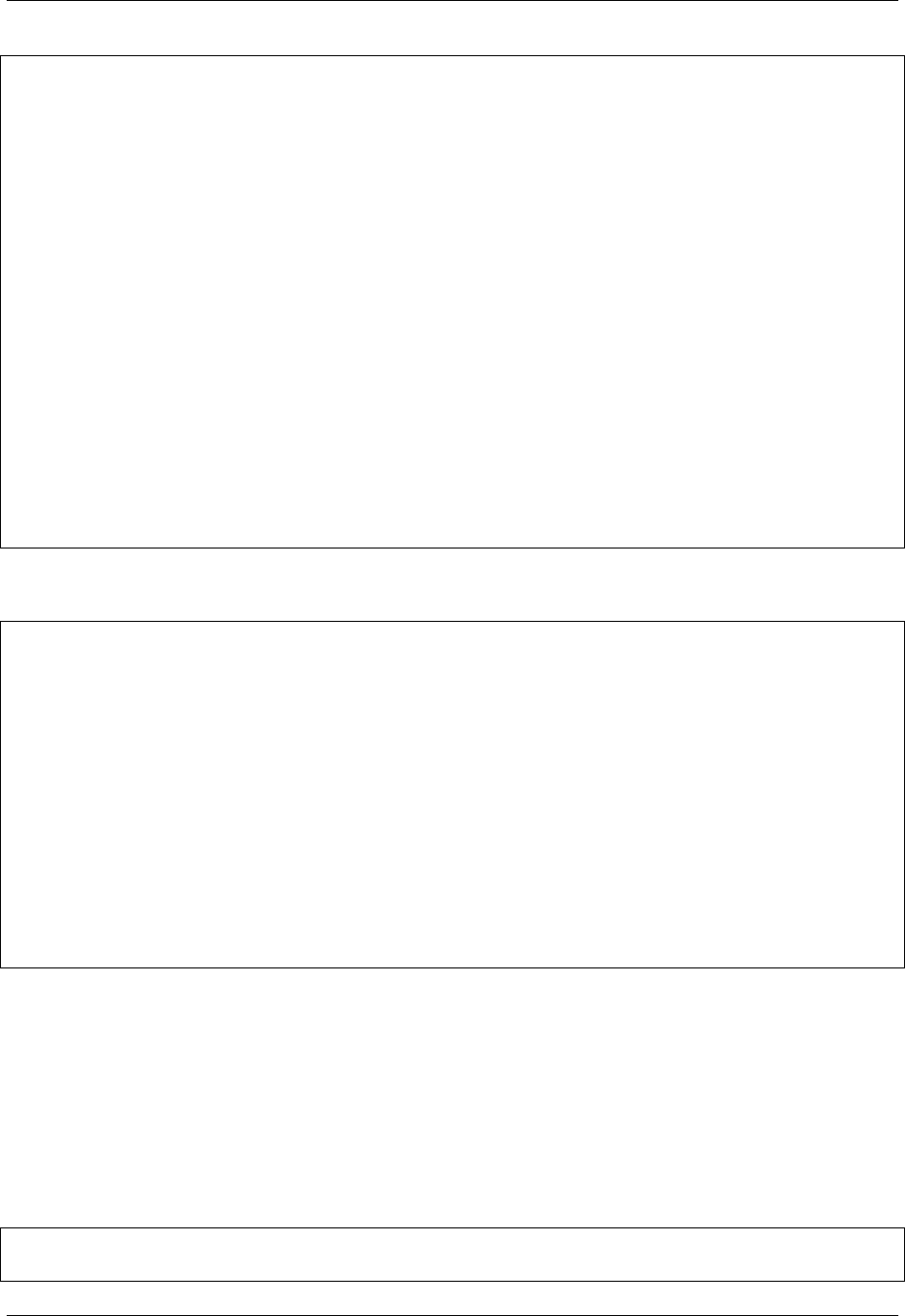
GeoServer User Manual, Release 2.15.1
<wps:Data>
<wps:LiteralData>10</wps:LiteralData>
</wps:Data>
</wps:Input>
<wps:Input>
<ows:Identifier>quadrantSegments</ows:Identifier>
<wps:Data>
<wps:LiteralData>1</wps:LiteralData>
</wps:Data>
</wps:Input>
<wps:Input>
<ows:Identifier>capStyle</ows:Identifier>
<wps:Data>
<wps:LiteralData>flat</wps:LiteralData>
</wps:Data>
</wps:Input>
</wps:DataInputs>
<wps:ResponseForm>
<wps:RawDataOutput mimeType="application/gml-3.1.1">
<ows:Identifier>result</ows:Identifier>
</wps:RawDataOutput>
</wps:ResponseForm>
</wps:Execute>
The process performs a buffer operation using the supplied inputs, and returns the outputs as specified.
The response from the request is (with numbers rounded for clarity):
<?xml version="1.0" encoding="utf-8"?>
<gml:Polygon xmlns:sch="http://www.ascc.net/xml/schematron"
xmlns:gml="http://www.opengis.net/gml"
xmlns:xlink="http://www.w3.org/1999/xlink">
<gml:exterior>
<gml:LinearRing>
<gml:posList>
10.0 0.0
0.0 -10.0
-10.0 0.0
0.0 10.0
10.0 0.0
</gml:posList>
</gml:LinearRing>
</gml:exterior>
</gml:Polygon>
For help in generating WPS requests you can use the built-in interactive WPS Request Builder.
Dismiss
According to the WPS specification, an asynchronous process execution returns a back link to a status
location that the client can ping to get progress report about the process, and eventually retrieve its final
results.
In GeoServer this link is implemented as a pseudo-operation called GetExecutionStatus, and the link
has the following structure:
http://host:port/geoserver/ows?service=WPS&version=1.0.0&request=GetExecutionStatus&
,→executionId=397e8cbd-7d51-48c5-ad72-b0fcbe7cfbdb
1190 Chapter 7. Services
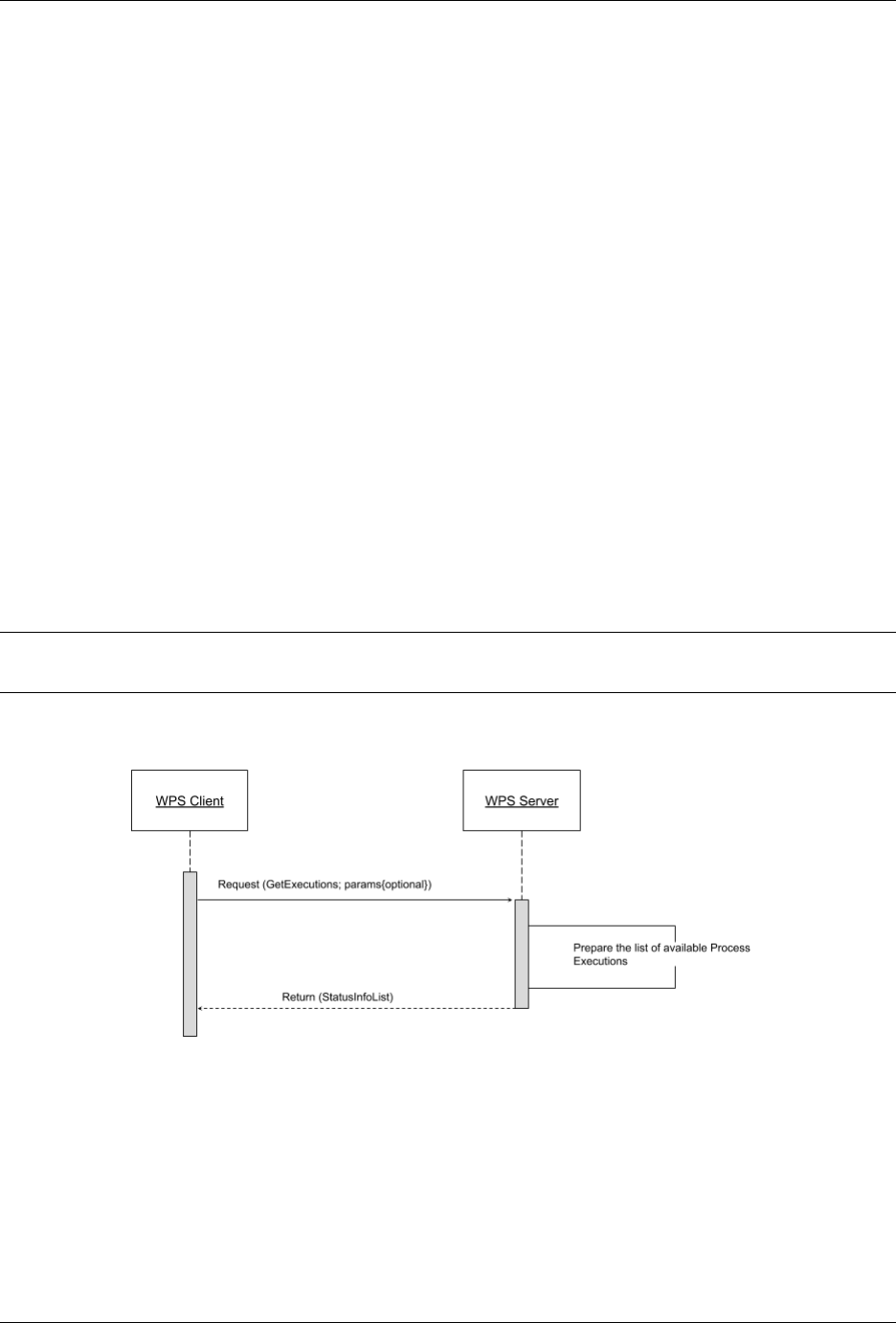
GeoServer User Manual, Release 2.15.1
The executionId identifies the running request, and can be used in a the Dismiss vendor operation in
order to cancel the execution of the process:
http://host:port/geoserver/ows?service=WPS&version=1.0.0&request=
Dismiss&executionId=397e8cbd-7d51-48c5-ad72-b0fcbe7cfbdb
Upon receipt GeoServer will do its best to stop the running process, and subsequent calls to Dismiss or
GetExecutionStatus will report that the executionId is not known anymore. Internally, GeoServer will
stop any process that attempts to report progress, and poison input and outputs to break the execution of
the process, but the execution of processes that already got their inputs, and are not reporting their progress
back, will continue until its natural end.
For example, let’s consider the “geo:Buffer” process, possibly working against a very large input GML
geometry, to be fetched from another host. The process itself does a single call to a JTS function, which
cannot report progress. Here are three possible scenarios, depending on when the Dismiss operation is
invoked:
• Dismiss is invoked while the GML is being retrieved, in this case the execution will stop immediately
• Dismiss is invoked while the process is doing the buffering, in this case, the execution will stop as
soon as the buffering is completed
• Dismiss is invoked while the output GML is being encoded, also in this case the execution will stop
immediately
GetExecutions
Note: This is an extension of the GeoServer WPS Service. This operation is specific to this GeoServer
instance.
This specific operation allows a client to recognize the list of WPS Executions.
The client makes a simple “GetExecutions” request to the WPS Server, in order to get back an XML docu-
ment containing the list of current Execution Statuses.
It is also possible to filter the “GetExecutions” request along with simple parameters, in order to refine the
output and get back only the executions status we are looking for.
Adding a bit more to this, AUTHORIZATION headers must be sent along with the “GetExecutions” re-
quest; the WPS Server will be able, if the security subsystem is available and enable on the latter, to prove
the list resources to the client itself.
7.4. Web Processing Service (WPS) 1191
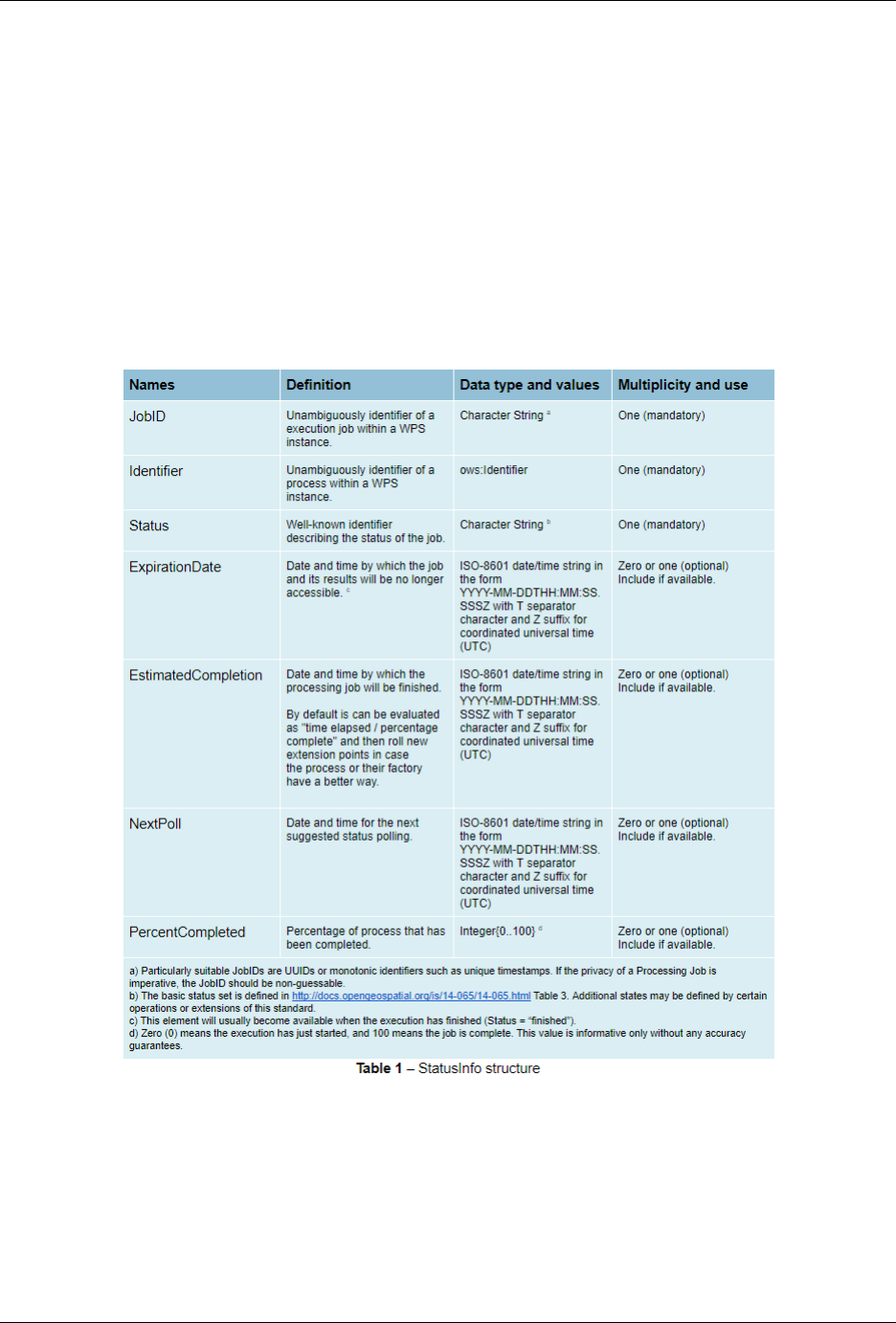
GeoServer User Manual, Release 2.15.1
The operation will return only the list of available Executions the logged in user has started, except in the
case it is an Administrator. In that case he will be able to get the whole list.
If the “lineage” option of the WPS Execute Request has been specified, the client will be able to retrieve the
Execute Inputs values provided to the process Identifier.
StatusInfo Document
Refers to http://docs.opengeospatial.org/is/14-065/14-065.html 9.5 and extends it.
The StatusInfo document is used to provide identification and status information about jobs on a WPS
server. The operation adds additional fields to the StatusInfo Document reporting also the WPS Process
Identifier and other information on estimated execution and expiration time.
GetExecutionsOperation
The GetExecutions Operation allows WPS clients to retrieve the list of available process jobs running on a
WPS instance. The output is returned in the form of an XML document.
The GetExecutions Operation returns only the list of available Executions the logged in user has started,
except in the case it is an Administrator. In that case he will be able to get the whole list.
1192 Chapter 7. Services
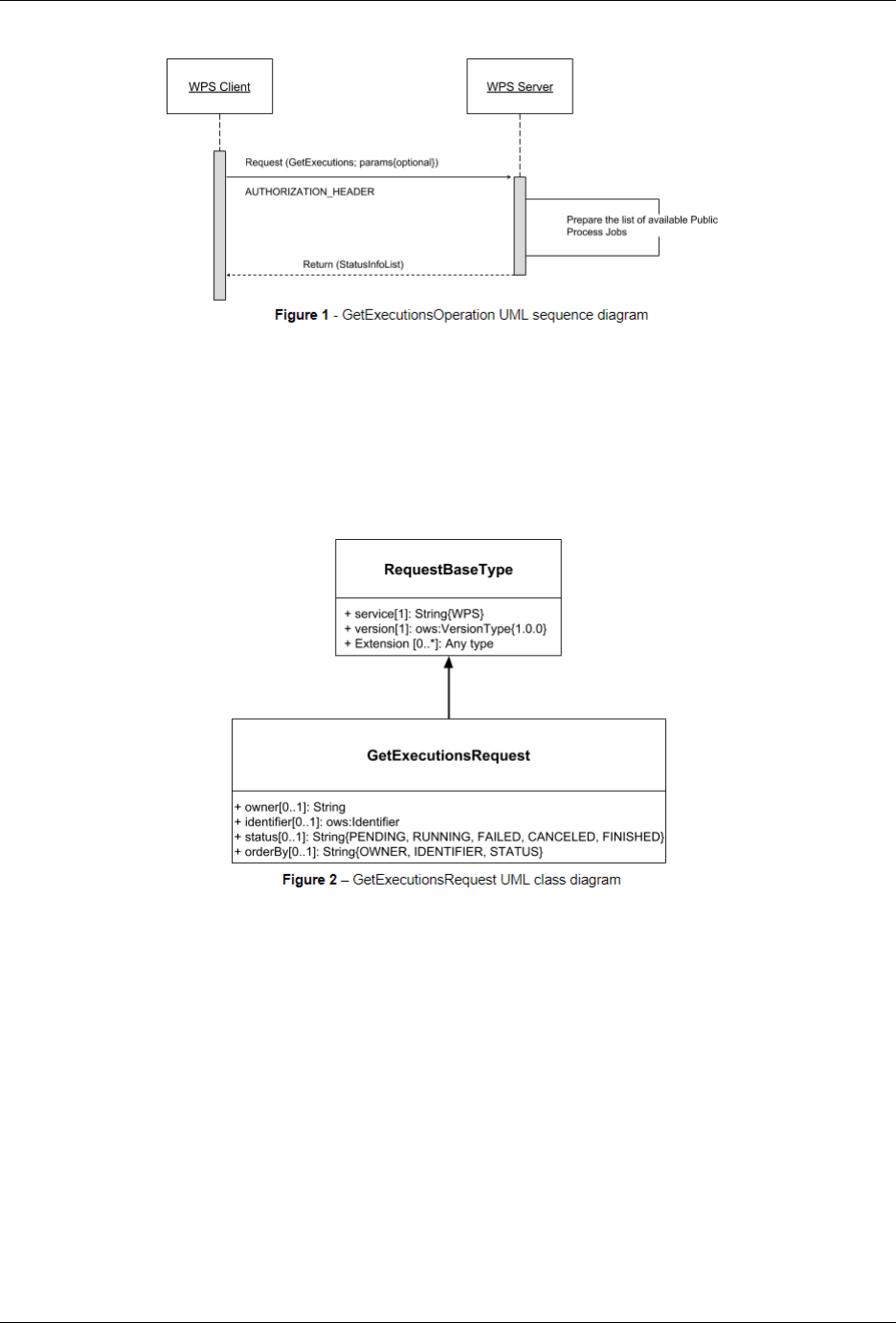
GeoServer User Manual, Release 2.15.1
GetExecutionsRequest
The GetExecutions Request is a common structure for synchronous execution. It inherits basic properties
from the RequestBaseType and contains additional elements that allow to filter out, refine and order the list
of available Process Jobs.
GetExecutionsResponse
The GetExecutionsResponse it is always in the form of an XML document. Except in case of Exception, the
response document will contain a list of StatusInfo elements filtered, refined or ordered accordingly to the
specified parameters.
Response paging
Response paging is the ability of a client to scroll through a set of response values, N values at-a-time much
like one scrolls through the response from a search engine one page at a time.
Similarly to the WFS 2.0.0 response paging mechanism (see See section “7.7.4.4 Response paging” of the
specification), the output will show to the client the following attributes as part of the response document.
7.4. Web Processing Service (WPS) 1193
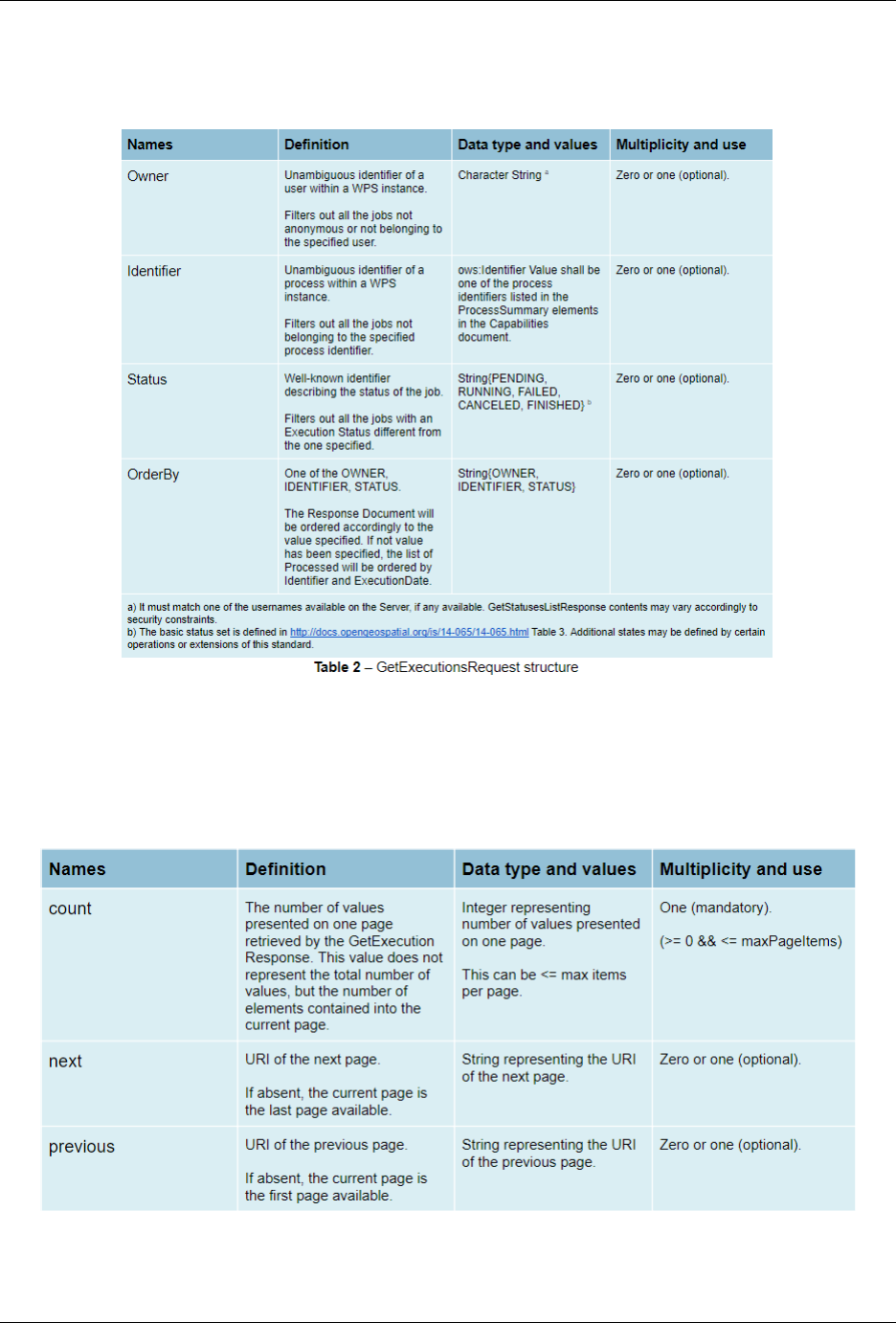
GeoServer User Manual, Release 2.15.1
1194 Chapter 7. Services
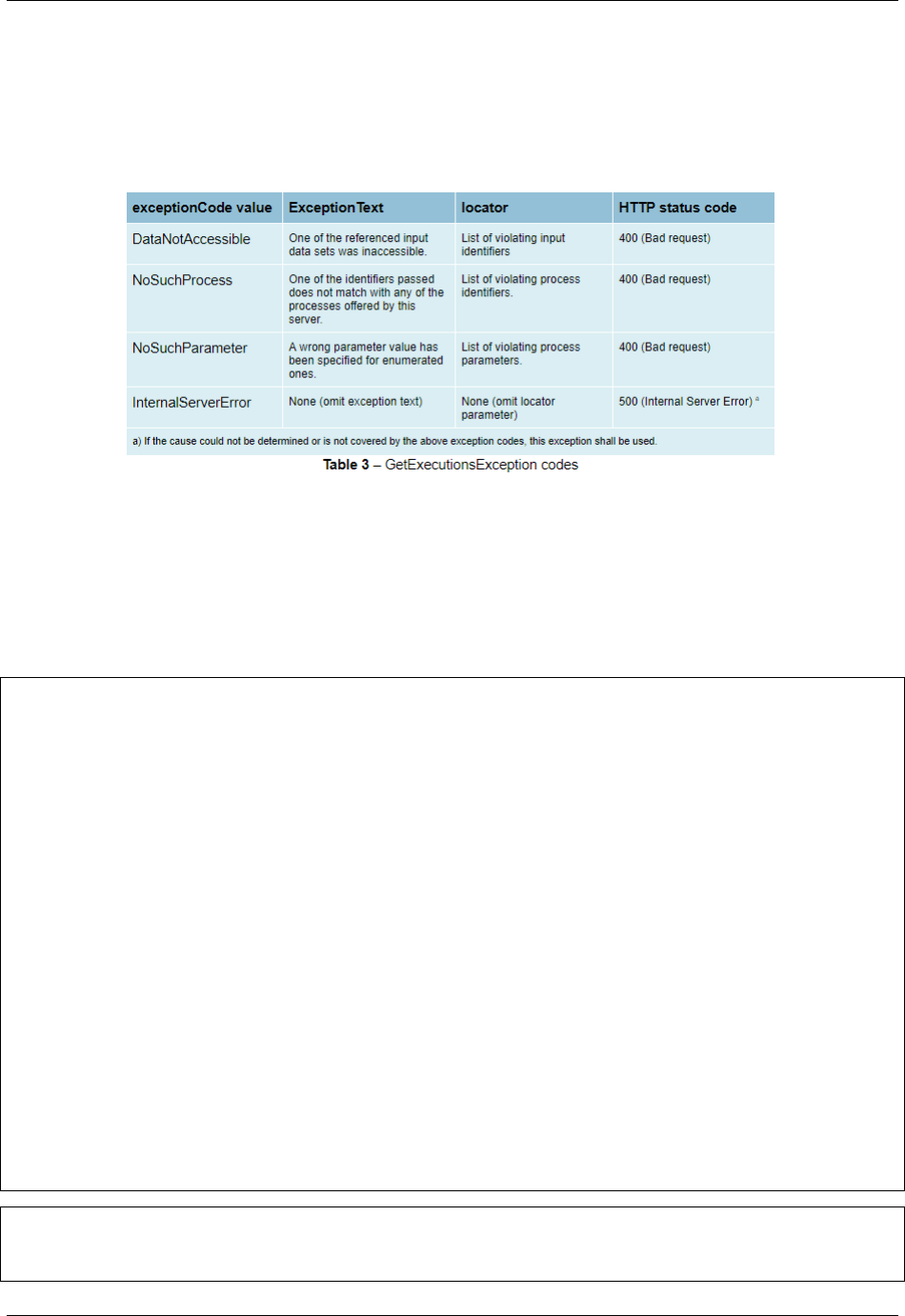
GeoServer User Manual, Release 2.15.1
GetExecutionsExceptions
When a WPS server encounters an error while performing an GetExecutionsResponse, it shall return an
exception report as specified in clause 8 of [OGC 06-121r9]. If appropriate, the server shall use additional
exception codes as defined in this section.
Retrieve the WPS Execute Input values
The GetExecutions Operations tries (best-effort) to retrieve the Input values specified from the Execute
Request iff the lineage option has been provided to the Execute Request.
Example requests with the lineage option active
<?xml version="1.0" encoding="UTF-8"?>
<wps:Execute version="1.0.0" service="WPS" xmlns:xsi="http://www.w3.org/2001/
,→XMLSchema-instance" xmlns="http://www.opengis.net/wps/1.0.0" xmlns:wfs="http://www.
,→opengis.net/wfs" xmlns:wps="http://www.opengis.net/wps/1.0.0" xmlns:ows="http://www.
,→opengis.net/ows/1.1" xmlns:gml="http://www.opengis.net/gml" xmlns:ogc="http://www.
,→opengis.net/ogc" xmlns:wcs="http://www.opengis.net/wcs/1.1.1" xmlns:xlink="http://
,→www.w3.org/1999/xlink" xsi:schemaLocation="http://www.opengis.net/wps/1.0.0 http://
,→schemas.opengis.net/wps/1.0.0/wpsAll.xsd">
<ows:Identifier>JTS:convexHull</ows:Identifier>
<wps:DataInputs>
<wps:Input>
<ows:Identifier>geom</ows:Identifier>
<wps:Reference mimeType="application/wkt" xlink:href="http://www.geo-solutions.
,→it/geoserver/wfs?" method="GET"/>
</wps:Input>
</wps:DataInputs>
<wps:ResponseForm>
<wps:ResponseDocument lineage="true" storeExecuteResponse="true" status="true">
<wps:Output asReference="false">
<ows:Identifier>result</ows:Identifier>
</wps:Output>
</wps:ResponseDocument>
</wps:ResponseForm>
</wps:Execute>
<?xml version="1.0" encoding="UTF-8"?>
<wps:Execute version="1.0.0" service="WPS" xmlns:xsi="http://www.w3.org/2001/
,→XMLSchema-instance" xmlns="http://www.opengis.net/wps/1.0.0" xmlns:wfs="http://www.
,→opengis.net/wfs" xmlns:wps="http://www.opengis.net/wps/1.0.0" xmlns:ows="http://www.
,→opengis.net/ows/1.1" xmlns:gml="http://www.opengis.net/gml" xmlns:ogc="http://www.
,→opengis.net/ogc" xmlns:wcs="http://www.opengis.net/wcs/1.1.1" xmlns:xlink="http://
,→www.w3.org/1999/xlink" xsi:schemaLocation="http://www.opengis.net/wps/1.0.0 http://
,→schemas.opengis.net/wps/1.0.0/wpsAll.xsd">
7.4. Web Processing Service (WPS) 1195

GeoServer User Manual, Release 2.15.1
<ows:Identifier>gs:BufferFeatureCollection</ows:Identifier>
<wps:DataInputs>
<wps:Input>
<ows:Identifier>features</ows:Identifier>
<wps:Reference mimeType="text/xml" xlink:href="http://geoserver/wps" method=
,→"POST">
<wps:Body>
<wps:Execute version="1.0.0" service="WPS" xmlns:xsi="http://www.w3.org/
,→2001/XMLSchema-instance" xmlns="http://www.opengis.net/wps/1.0.0" xmlns:wfs="http://
,→www.opengis.net/wfs" xmlns:wps="http://www.opengis.net/wps/1.0.0" xmlns:ows="http://
,→www.opengis.net/ows/1.1" xmlns:gml="http://www.opengis.net/gml" xmlns:ogc="http://
,→www.opengis.net/ogc" xmlns:wcs="http://www.opengis.net/wcs/1.1.1" xmlns:xlink=
,→"http://www.w3.org/1999/xlink" xsi:schemaLocation="http://www.opengis.net/wps/1.0.0
,→http://schemas.opengis.net/wps/1.0.0/wpsAll.xsd">
<ows:Identifier>gs:CollectGeometries</ows:Identifier>
<wps:DataInputs>
<wps:Input>
<ows:Identifier>features</ows:Identifier>
<wps:Reference mimeType="text/xml" xlink:href="http://geoserver/wfs
,→" method="POST">
<wps:Body>
<wfs:GetFeature service="WFS" version="1.0.0" outputFormat="GML2
,→" xmlns:geonode="http://www.geonode.org/">
<wfs:Query typeName="geonode:san_andres_y_providencia_
,→administrative"/>
</wfs:GetFeature>
</wps:Body>
</wps:Reference>
</wps:Input>
</wps:DataInputs>
<wps:ResponseForm>
<wps:RawDataOutput lineage="true" mimeType="text/xml; subtype=gml/3.1.
,→1">
<ows:Identifier>result</ows:Identifier>
</wps:RawDataOutput>
</wps:ResponseForm>
</wps:Execute>
</wps:Body>
</wps:Reference>
</wps:Input>
<wps:Input>
<ows:Identifier>distance</ows:Identifier>
<wps:Data>
<wps:LiteralData>0.005</wps:LiteralData>
</wps:Data>
</wps:Input>
</wps:DataInputs>
<wps:ResponseForm>
<wps:ResponseDocument lineage="true" storeExecuteResponse="true" status="true">
<wps:Output asReference="false">
<ows:Identifier>result</ows:Identifier>
</wps:Output>
</wps:ResponseDocument>
</wps:ResponseForm>
</wps:Execute>
<?xml version="1.0" encoding="UTF-8"?>
<wps:Execute version="1.0.0" service="WPS" xmlns:xsi="http://www.w3.org/2001/
,→XMLSchema-instance" xmlns="http://www.opengis.net/wps/1.0.0" xmlns:wfs="http://www.
,→opengis.net/wfs" xmlns:wps="http://www.opengis.net/wps/1.0.0" xmlns:ows="http://www.
,→opengis.net/ows/1.1" xmlns:gml="http://www.opengis.net/gml" xmlns:ogc="http://www.
,→opengis.net/ogc" xmlns:wcs="http://www.opengis.net/wcs/1.1.1" xmlns:xlink="http://
,→www.w3.org/1999/xlink" xsi:schemaLocation="http://www.opengis.net/wps/1.0.0 http://
,→schemas.opengis.net/wps/1.0.0/wpsAll.xsd">
1196 Chapter 7. Services

GeoServer User Manual, Release 2.15.1
<ows:Identifier>gs:Clip</ows:Identifier>
<wps:DataInputs>
<wps:Input>
<ows:Identifier>features</ows:Identifier>
<wps:Reference mimeType="text/xml" xlink:href="http://geoserver/wfs" method=
,→"POST">
<wps:Body>
<wfs:GetFeature service="WFS" version="1.0.0" outputFormat="GML2"
,→xmlns:geonode="http://www.geonode.org/">
<wfs:Query typeName="geonode:san_andres_y_providencia_administrative"/>
</wfs:GetFeature>
</wps:Body>
</wps:Reference>
</wps:Input>
<wps:Input>
<ows:Identifier>clip</ows:Identifier>
<wps:Data>
<wps:ComplexData mimeType="application/json"><![CDATA[{"type":"MultiLineString
,→","coordinates":[[[-81.8254,12.199],[-81.8162,12.1827],[-81.812,12.1653],[-81.8156,
,→12.1465],[-81.8269,12.1321],[-81.8433,12.123],[-81.8614,12.119],[-81.8795,12.1232],
,→[-81.8953,12.1336],[-81.9049,12.1494],[-81.9087,12.1673],[-81.9054,12.1864],[-81.
,→8938,12.2004],[-81.8795,12.2089],[-81.8593,12.2136],[-81.8399,12.2096],[-81.8254,12.
,→199]],[[-81.6565,12.635],[-81.6808,12.6391],[-81.7085,12.6262],[-81.739,12.6046],[-
,→81.7611,12.5775],[-81.775,12.5397],[-81.7708,12.5207],[-81.7667,12.4971],[-81.7701,
,→12.4748],[-81.7646,12.4504],[-81.739,12.4369],[-81.7022,12.4389],[-81.6835,12.4578],
,→[-81.6794,12.4883],[-81.6676,12.5153],[-81.651,12.541],[-81.66,12.5552],[-81.6489,
,→12.5762],[-81.6274,12.5931],[-81.6309,12.6181],[-81.6565,12.635]],[[-81.2954,13.
,→3496],[-81.3004,13.3132],[-81.3143,13.29],[-81.3413,13.2755],[-81.3731,13.2674],[-
,→81.4058,13.2657],[-81.4335,13.2633],[-81.4531,13.2771],[-81.4574,13.3079],[-81.4663,
,→13.3257],[-81.463,13.3476],[-81.447,13.3674],[-81.4228,13.3879],[-81.412,13.4126],[-
,→81.403,13.4375],[-81.391,13.4582],[-81.3674,13.4687],[-81.3503,13.4574],[-81.3205,
,→13.448],[-81.2941,13.4177],[-81.2846,13.3878],[-81.2954,13.3496]],[[-79.9333,14.
,→9856],[-79.9333,15.5028]]]}]]></wps:ComplexData>
</wps:Data>
</wps:Input>
</wps:DataInputs>
<wps:ResponseForm>
<wps:ResponseDocument lineage="true" storeExecuteResponse="true" status="true">
<wps:Output asReference="false">
<ows:Identifier>result</ows:Identifier>
</wps:Output>
</wps:ResponseDocument>
</wps:ResponseForm>
</wps:Execute>
7.4.3 WPS Service page
The Web Processing Service (WPS) page supports the basic metadata for the service, as well as service
specific settings
Service Metadata
The service metadata section is common among all services. See the section on Service Metadata.
7.4. Web Processing Service (WPS) 1197
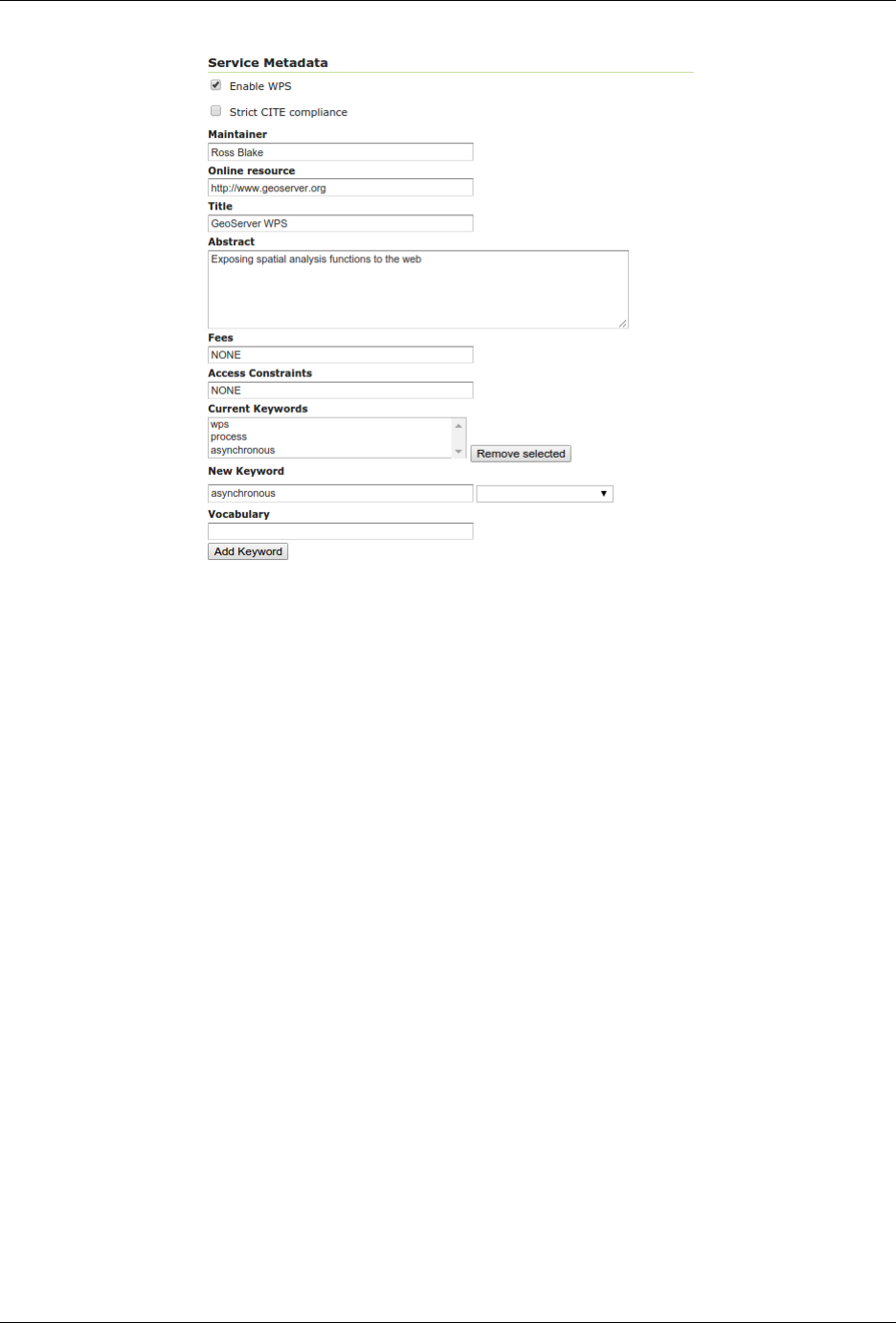
GeoServer User Manual, Release 2.15.1
Execution and resource management options
Execution settings:
•Connection timeout: the number of seconds the WPS will wait before giving up on a remote HTTP
connection used to retrieve complex inputs
•Maximum synchronous executions run parallel: the maximum number of synchronous processes that
will run in parallel at a given time. The others will be queued.
•Maximum execution time for synchronous requests: the maximum time a synchronous process is allowed
executing. Processes running in synchronous mode will have to complete execution within the set
time limit, or they will be dismissed automatically. These requests have the client waiting for a re-
sponse on a HTTP connection, so choose a relatively short time (e.g., 60 seconds)
•Maximum queue and execution time for synchronous requests: the maximum time a process is allowed in
the queue and executing. Processes running in synchronous mode will have to complete within the
set time limit, or they will be dismissed automatically. These requests have the client waiting for a
response on a HTTP connection, so choose a relatively short time (e.g., 60 seconds)
•Maximum asynchronous executions run parallel: the maximum number of asynchronous processes that
will run in parallel at a given time. The others will be queued
•Maximum execution time for asynchronous requests: the maximum time an asysynchronous process is
allowed executing. Processes running in asynchronous mode will have to complete within the set
time limit, or they will be dismissed automatically
•Maximum queue and execution time for asynchronous requests: the maximum time an asysynchronous
process is allowed in the queue and executing. Processes running in asynchronous mode will have to
complete within the set time limit, or they will be dismissed automatically
Resource settings:
1198 Chapter 7. Services
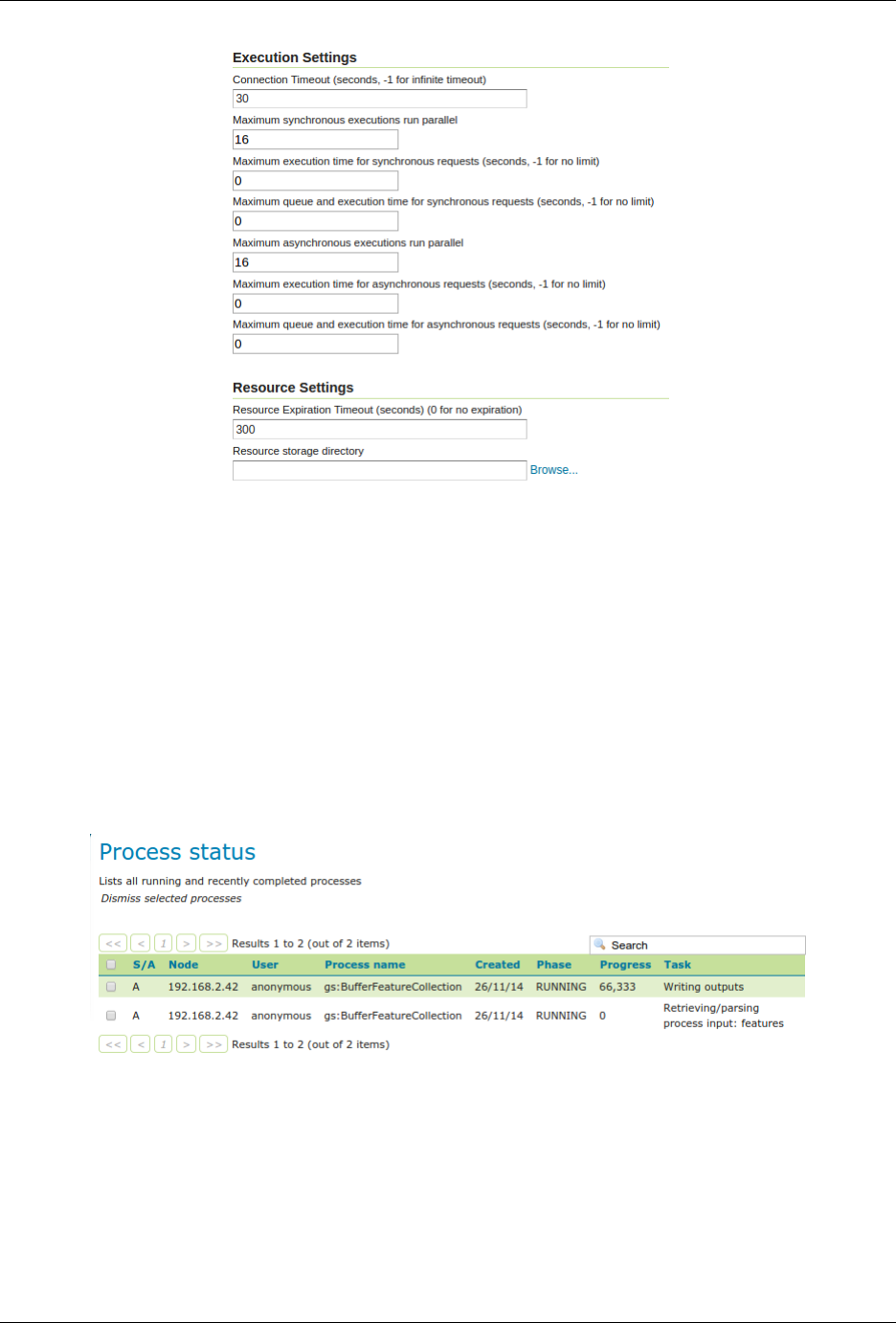
GeoServer User Manual, Release 2.15.1
•Resource expiration timeout: number of seconds the result of a asynchronous execution will be kept
available on disk for user to retrieve. Once this time is expired these resources will be eligible for
clearing (which happens at regular intervals).
•Resource storage directory: where on disk the input, temporary and output resources associated to a
certain process will be kept. By default it will be the temp/wps directory inside the GeoServer data
directory
Process status page
The process status page, available in the “About & Status” section, reports about running, and recently
completed, processes:
The table contains several information bits:
•S/A: synchronous or asynchronous execution
•Node: the name of the machine running the process (important in a clustered environment)
•User: user that started the execution
•Process name: the main process being run (chained processes will not appear in this table)
7.4. Web Processing Service (WPS) 1199

GeoServer User Manual, Release 2.15.1
•Created: when the process got created
•Phase: the current phase in the process lifecycle
•Progress: current progress
•Task: what the process is actually doing at the moment
In GeoServer there are the following execution phases:
•QUEUED: the process is waiting to be executed
•RUNNING: the process is either retriving and parsing the inputs, computing the results, or writing
them out
•FAILED: the process execution terminated with a failure
•SUCCESS: the process execution terminated with a success
•DISMISSING: the process execution is being dismissed, depending on the process nature this might
take some time, or be instantaneous
All executions listed in the table can be selected, and then dismissed using the “Dismiss selected processes”
link at the top of the table. Unlike the “Dismiss” vendor operation this UI allows to also dismiss syn-
chronous processes. Once the process dismissal is complete, the process execution will disappear from the
table (in accordance with the WPS specification).
Completed processes can also be dismissed, this will cause all on disk resources associated to the processe
to be removed immediately, instead of waiting for the regular time based expiration.
7.4.4 WPS Security and input limits
GeoServer service security is normally based on the generic OGC security configuration, however, when it
comes to WPS there is also a need to restrict access to individual processes, in the same way that data
security restricts access to layers.
WPS security allows access to be determined by process group or by single process. Each process and
process group can be enabled/disabled, or subject to access control based on the user roles.
The WPS security configurations can be changed using the Web administration interface on the WPS security
page under Security.
Setting access roles
The list of roles attached to each group or process will determine which users can access which processes.
If the list is empty the group/process will be available to all users, unless it has been disabled, in which
case it won’t be available to anyone.
The roles string must be a list of roles separated by semicolons. The role editor provides auto-completion
and also allows quick copy and paste of role lists from one process definition to the other:
Access modes
The process access mode configuration specifies how GeoServer will advertise secured processes and be-
have when a secured process is accessed without the necessary privileges. The parameter can be one of
three values:
1200 Chapter 7. Services
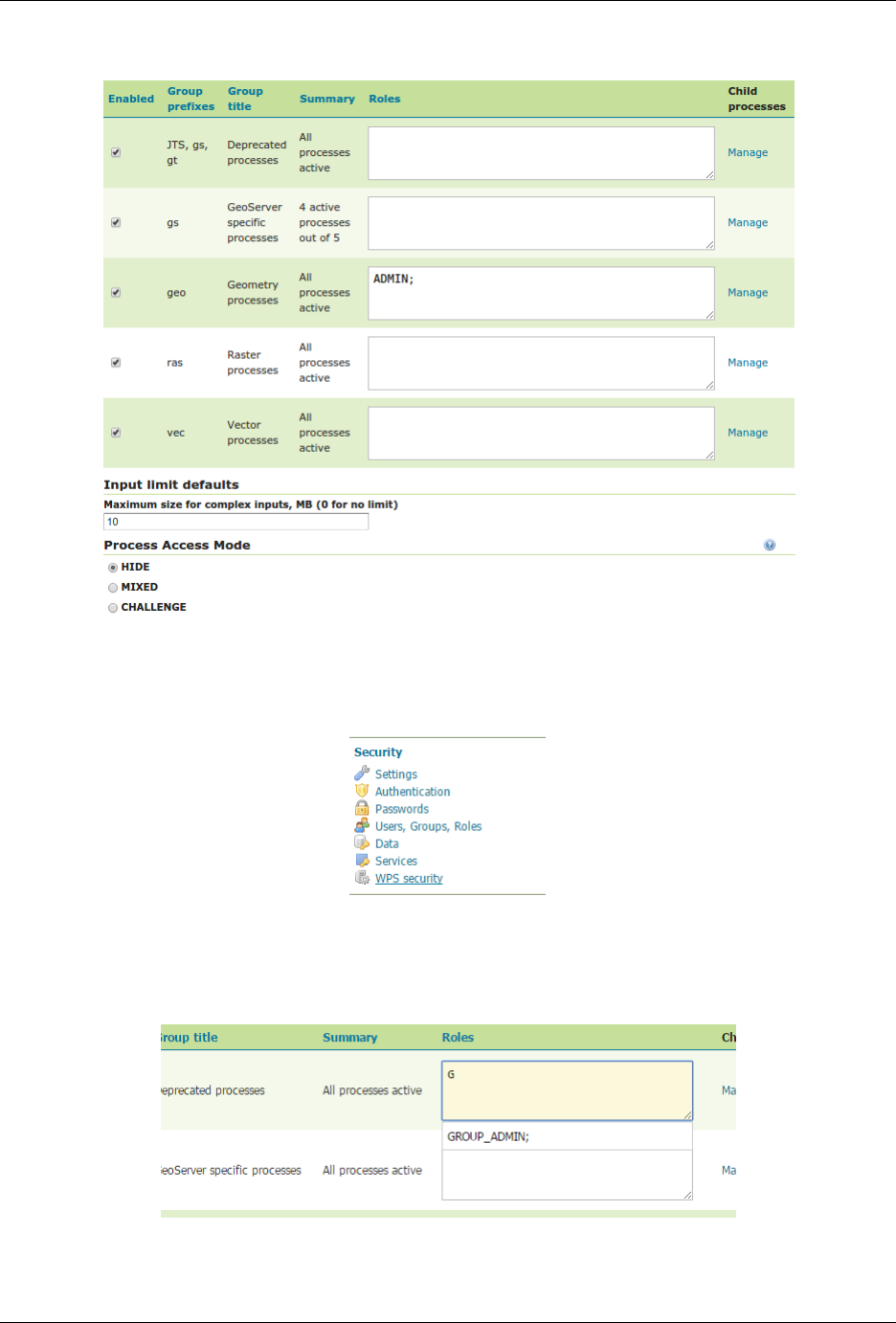
GeoServer User Manual, Release 2.15.1
Fig. 7.69: The WPS security page
Fig. 7.70: Click to access the WPS security settings
Fig. 7.71: Role selector field with auto-complete
7.4. Web Processing Service (WPS) 1201
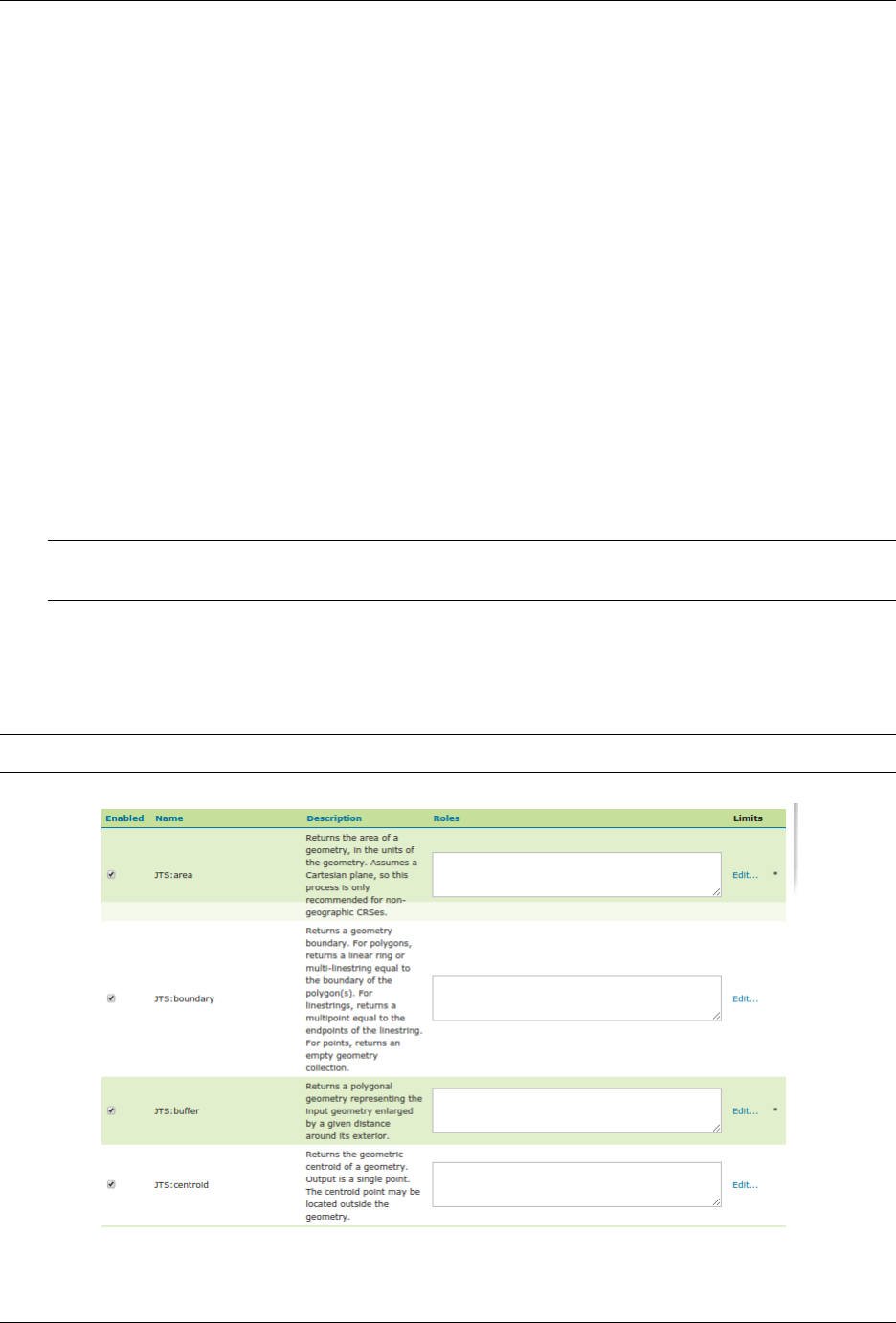
GeoServer User Manual, Release 2.15.1
•HIDE (default): The processes not available to the current user will be hidden from the user (not
listed in the capabilities documents). Direct access will result in GeoServer claiming the process does
not exist.
•CHALLENGE: All processes will be shown in the capabilities documents, but an authentication re-
quest will be raised if a secured process is specifically requested by a user that does not have sufficient
access rights
•MIXED: The secured processes will not be shown in the capabilities documents for users not hav-
ing sufficient access rights, but an authentication request will still be raised if a secured process is
requested.
Input limits
The amount of resources used by a process is usually related directly to the inputs of the process itself. With
this in mind, administrators can set three different type of limits on each process inputs:
• The maximum size of complex inputs
• The range of acceptable values for numeric values
• The maximum multiplicity of repeatable inputs
Note: As an example of the last point, think of contour extraction, where the number of levels for the
contours can drastically affect the execution time
GeoServer allows the administrator to configure these limits, and fail requests that don’t respect them.
The maximum size can be given a global default on the WPS security page. It is also possible to define limits
on a per-process basis by navigating to the process limits editor in the process list.
Note: Processes having a *beside the link have a defined set of limits
Fig. 7.72: The process selector, with access constraints and links to the limits configuration
1202 Chapter 7. Services
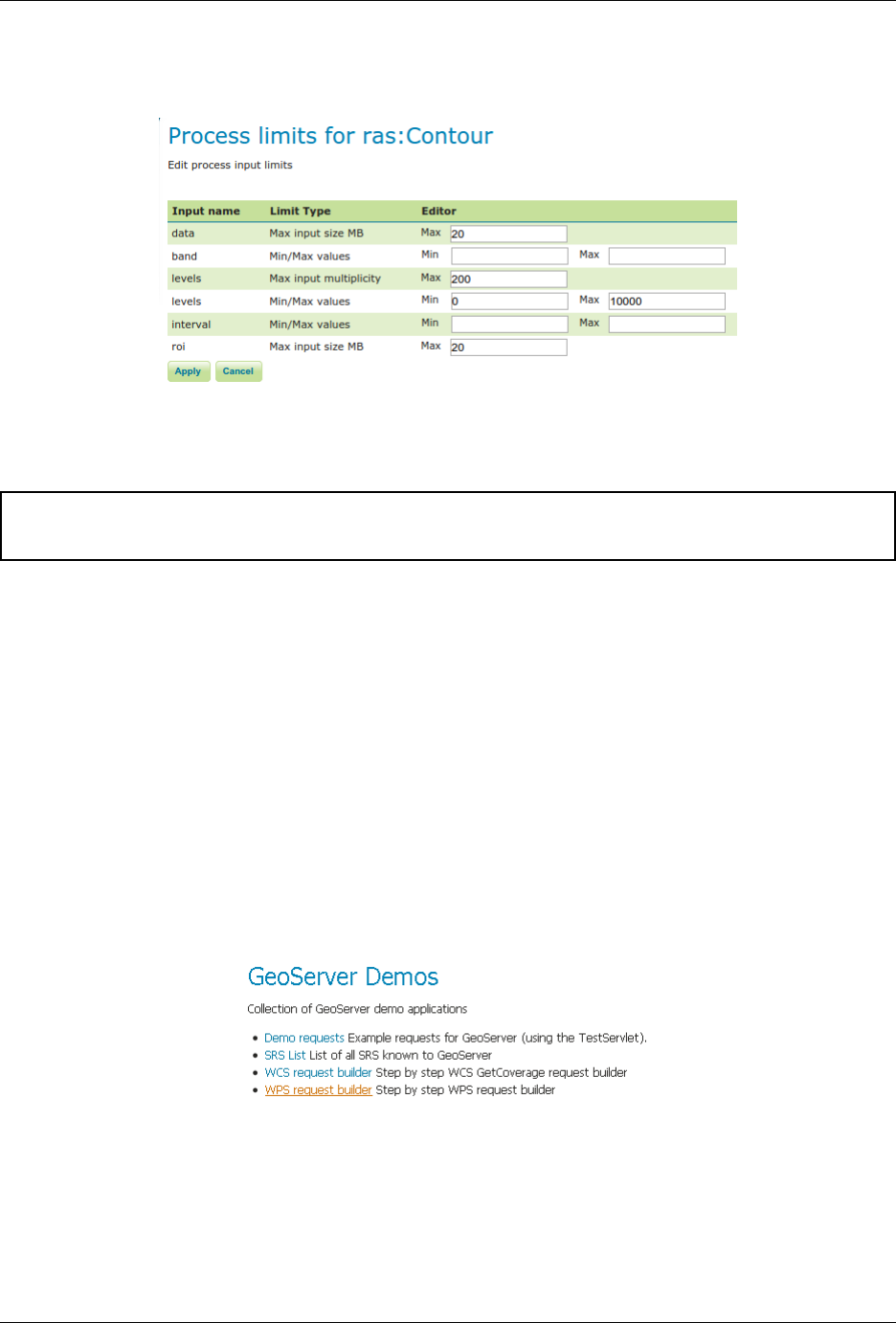
GeoServer User Manual, Release 2.15.1
The process limits editor shows all inputs for which a limit can be provided. An empty field means that
limits are disabled for that input.
Fig. 7.73: The process limit page, with input limits configured
Warning: In order for the limits to be saved, click both Apply on this page and then Submit on the main
WPS security page.
7.4.5 WPS Request Builder
The GeoServer WPS extension includes a request builder for testing out WPS processes through the Web
administration interface. This tool can also be used to demonstrate processes, and construct your own exam-
ples.
Accessing the request builder
To access the WPS Request Builder:
1. Navigate to the main Web administration interface.
2. Click on the Demos link on the left side.
3. Select WPS Request Builder from the list of demos.
Fig. 7.74: WPS request builder in the list of demos
Using the request builder
The WPS Request Builder primarily consists of a selection box listing all of the available processes, and two
buttons, one to submit the WPS request, and another to display what the POST request looks like.
7.4. Web Processing Service (WPS) 1203
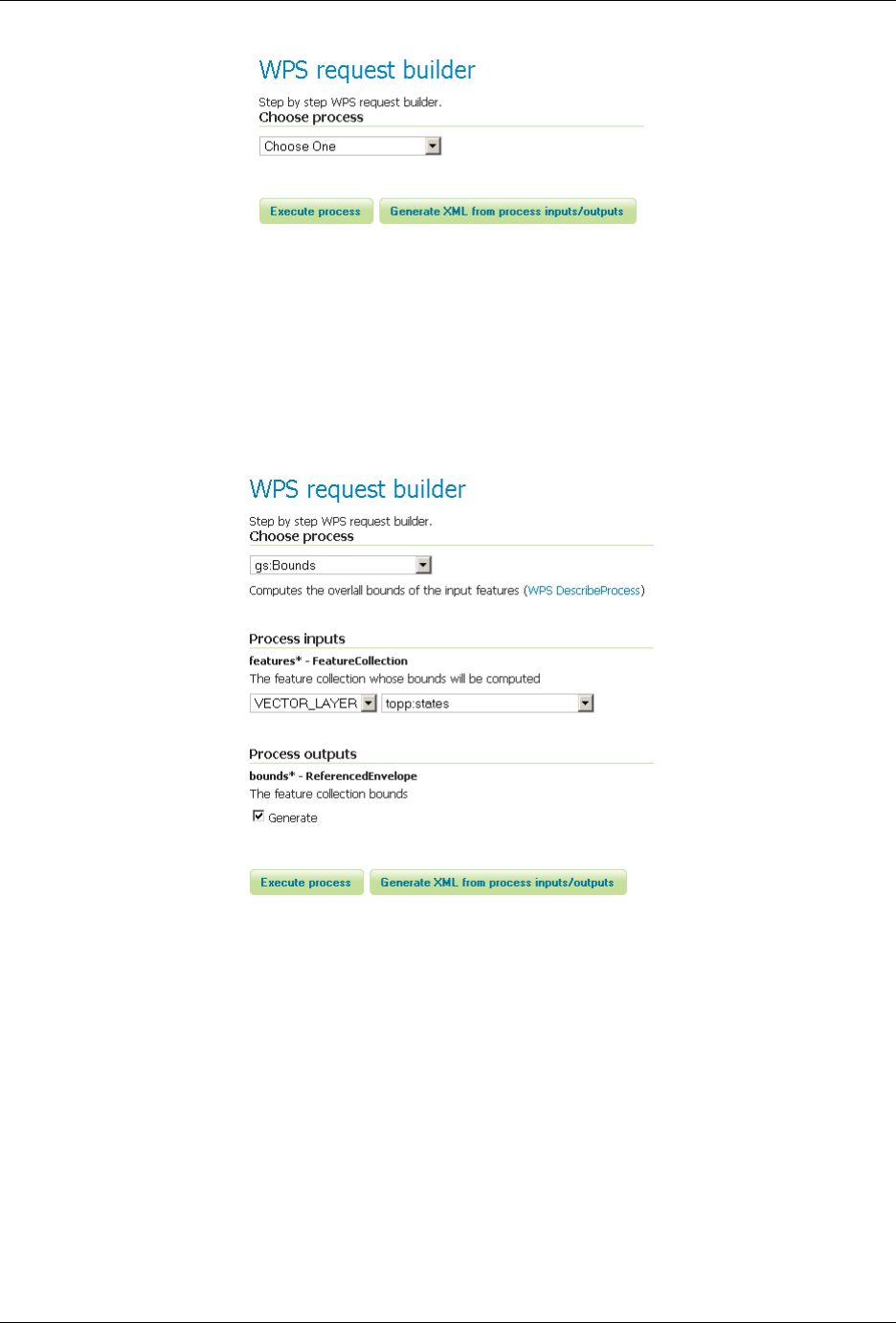
GeoServer User Manual, Release 2.15.1
Fig. 7.75: Blank WPS request builder form
The display changes depending on the process and input selected. JTS processes have available as inputs
any of a GML/WKT-based feature collection, URL reference, or subprocess. GeoServer-specific processes
have all these as options and also includes the ability to choose a GeoServer layer as input.
For each process, a form will display based on the required and optional parameters associated with that
process, if any.
Fig. 7.76: WPS request builder form to determine the bounds of topp:states
To see the process as a POST request, click the Generate XML from process inputs/outputs button.
To execute the process, click the Execute Process button. The response will be displayed in a window or
7.4.6 Process Cookbook
The Web Processing Service describes a method for publishing geospatial processes, but does not specify
what those processes should be. Servers that implement WPS therefore have complete leeway in what types
of processes to implement, as well as how those processes are implemented. This means that a process
request designed for one type of WPS is not expected to work on a different type of WPS.
GeoServer gathers processes into several different categories based on subject. These categories are grouped
by prefix:
1204 Chapter 7. Services
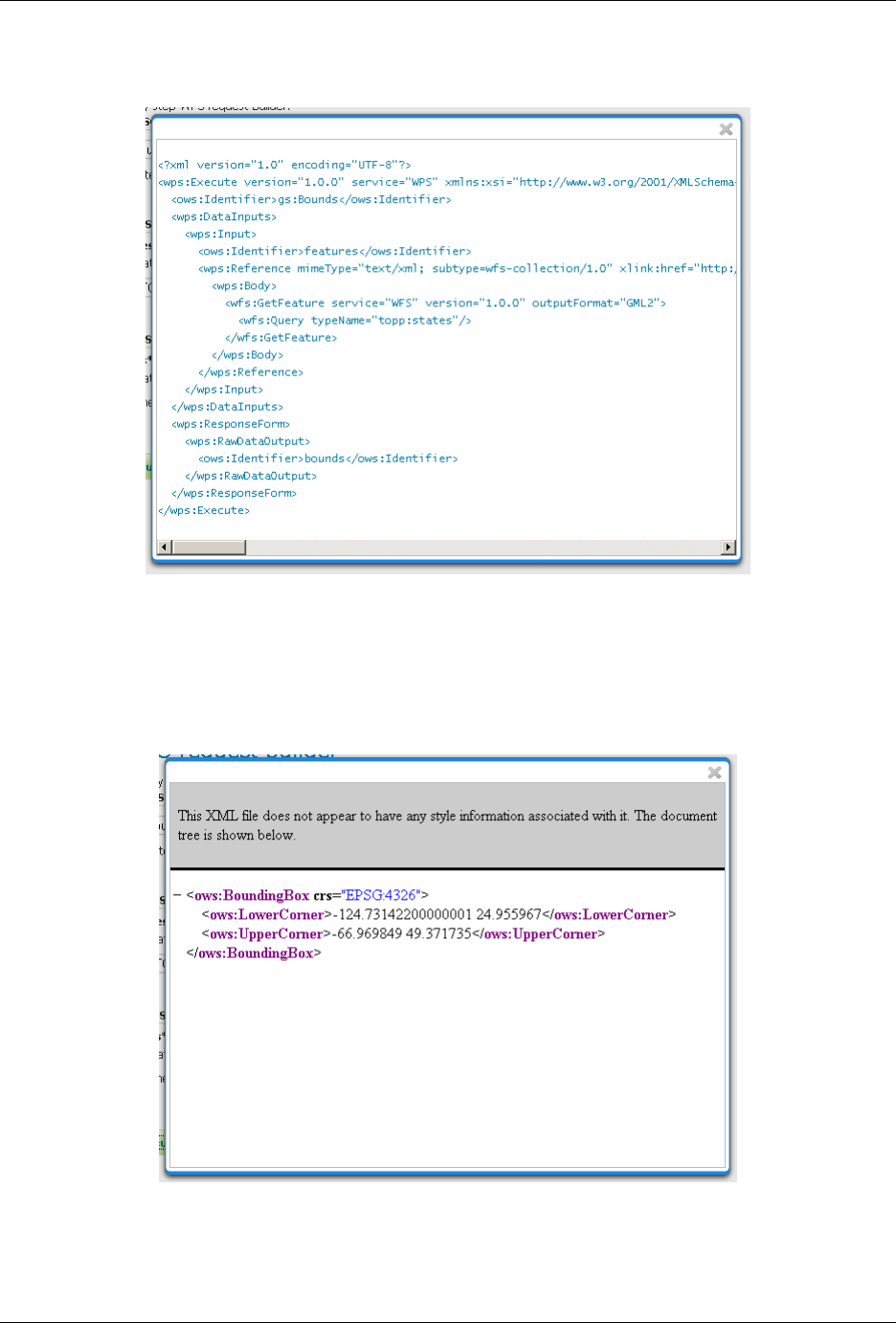
GeoServer User Manual, Release 2.15.1
Fig. 7.77: Raw WPS POST request for the above process
Fig. 7.78: WPS server response
7.4. Web Processing Service (WPS) 1205

GeoServer User Manual, Release 2.15.1
• geo: geometry processes
• ras: raster processes
• vec: Vector processes
• gs: GeoServer-specific processes
This cookbook provides examples of some of the available process. Unless otherwise stated examples were
generated with the WPS Request Builder using the sample data included with each GeoServer release.
Geometry Processes
The geometry processes are built using the JTS Topology Suite (JTS). JTS is a Java library of functions
for processing geometries in two dimensions. JTS conforms to the Simple Features Specification for SQL
published by the Open Geospatial Consortium (OGC), similar to PostGIS. JTS includes common spatial
functions such as area, buffer, intersection, and simplify.
GeoServer WPS implements some of these functions as “geo” processes. The names and definitions of these
processes are subject to change, so they have not been included here. For a full list of JTS processes, please
see the GeoServer WPS capabilities document or browse with the WPS Request Builder.
GeoServer processes
GeoServer WPS includes a few processes created especially for use with GeoServer. These are usually
GeoServer-specific functions, such as bounds and reprojection. They use an internal connection to the
GeoServer WFS/WCS, not part of the WPS specification, for reading and writing data.
As with the “geo” processes, the names and definitions of these processes are subject to change, so they
have not been included here. For a full list of GeoServer-specific processes, please see the GeoServer WPS
capabilities document (or browse with the WPS Request Builder.)
Aggregation process
The aggregation process is used to perform common aggregation functions (sum, average, count) on vector
data. The available outputs formats for this process are text/xml and application/json.
The process parameters are described in the table bellow:
ParameterDescription MandatoryMultiple
featuresInput feature collection. yes no
aggregationAttributeAttribute on which to perform aggregation. yes no
functionAn aggregate function to compute. Functions include Count, Average, Max, Me-
dian, Min, StdDev, and Sum.
yes yes
singlePassIf TRUE computes all aggregation values in a single pass. This will defeat DBMS-
specific optimizations. If a group by attribute is provided this parameter will be
ignored.
yes no
groupByAttributesGroup by attribute. no yes
Follow some examples of the invocation of this process using GeoServer shipped topp:states layer.
The examples can be tested with CURL:
curl -u admin:geoserver -H 'Content-type: xml' -XPOST -d@'wps-request.xml' http://
,→localhost:8080/geoserver/wps
1206 Chapter 7. Services

GeoServer User Manual, Release 2.15.1
where wps-request.xml is the file that contains the request.
Aggregate Example
Counts the total number of states, sum all the number of persons, computes the average number of persons
per state and give the maximum and minimum number of persons in a state.
Request:
<?xml version="1.0" encoding="UTF-8"?><wps:Execute version="1.0.0" service="WPS"
,→xmlns:xsi="http://www.w3.org/2001/XMLSchema-instance" xmlns="http://www.opengis.net/
,→wps/1.0.0" xmlns:wfs="http://www.opengis.net/wfs" xmlns:wps="http://www.opengis.net/
,→wps/1.0.0" xmlns:ows="http://www.opengis.net/ows/1.1" xmlns:gml="http://www.opengis.
,→net/gml" xmlns:ogc="http://www.opengis.net/ogc" xmlns:wcs="http://www.opengis.net/
,→wcs/1.1.1" xmlns:xlink="http://www.w3.org/1999/xlink" xsi:schemaLocation="http://
,→www.opengis.net/wps/1.0.0 http://schemas.opengis.net/wps/1.0.0/wpsAll.xsd">
<ows:Identifier>gs:Aggregate</ows:Identifier>
<wps:DataInputs>
<wps:Input>
<ows:Identifier>features</ows:Identifier>
<wps:Reference mimeType="text/xml" xlink:href="http://geoserver/wfs" method=
,→"POST">
<wps:Body>
<wfs:GetFeature service="WFS" version="1.0.0" outputFormat="GML2" xmlns:sf=
,→"http://www.openplans.org/spearfish">
<wfs:Query typeName="topp:states"/>
</wfs:GetFeature>
</wps:Body>
</wps:Reference>
</wps:Input>
<wps:Input>
<ows:Identifier>aggregationAttribute</ows:Identifier>
<wps:Data>
<wps:LiteralData>PERSONS</wps:LiteralData>
</wps:Data>
</wps:Input>
<wps:Input>
<ows:Identifier>function</ows:Identifier>
<wps:Data>
<wps:LiteralData>Count</wps:LiteralData>
</wps:Data>
</wps:Input>
<wps:Input>
<ows:Identifier>function</ows:Identifier>
<wps:Data>
<wps:LiteralData>Average</wps:LiteralData>
</wps:Data>
</wps:Input>
<wps:Input>
<ows:Identifier>function</ows:Identifier>
<wps:Data>
<wps:LiteralData>Sum</wps:LiteralData>
</wps:Data>
</wps:Input>
<wps:Input>
<ows:Identifier>function</ows:Identifier>
<wps:Data>
<wps:LiteralData>Min</wps:LiteralData>
7.4. Web Processing Service (WPS) 1207
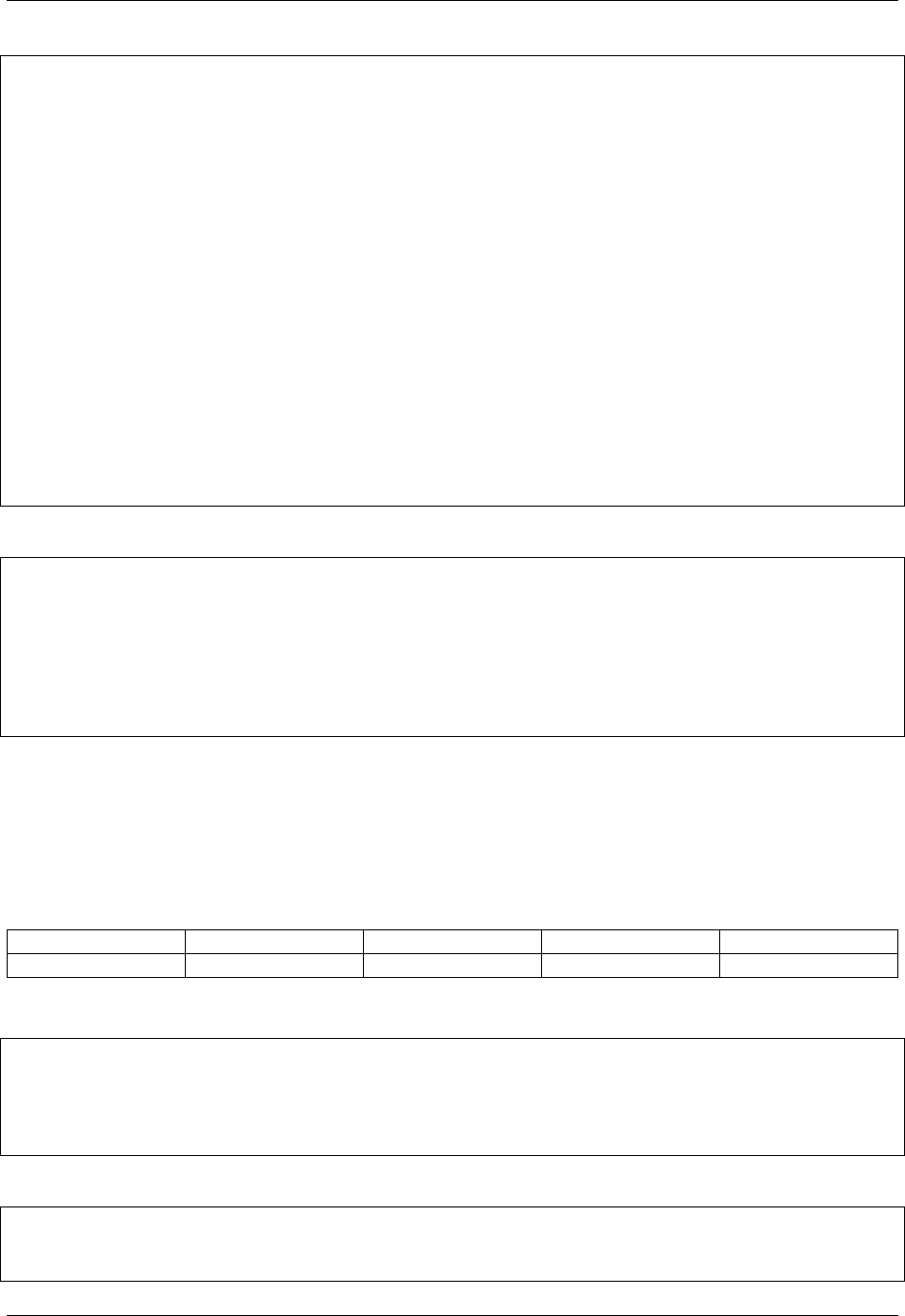
GeoServer User Manual, Release 2.15.1
</wps:Data>
</wps:Input>
<wps:Input>
<ows:Identifier>function</ows:Identifier>
<wps:Data>
<wps:LiteralData>Max</wps:LiteralData>
</wps:Data>
</wps:Input>
<wps:Input>
<ows:Identifier>singlePass</ows:Identifier>
<wps:Data>
<wps:LiteralData>false</wps:LiteralData>
</wps:Data>
</wps:Input>
</wps:DataInputs>
<wps:ResponseForm>
<wps:RawDataOutput mimeType="application/json">
<ows:Identifier>result</ows:Identifier>
</wps:RawDataOutput>
</wps:ResponseForm>
</wps:Execute>
The result:
{
"AggregationAttribute":"PERSONS",
"AggregationFunctions": ["Max","Min","Average","Sum","Count"],
"GroupByAttributes": [],
"AggregationResults": [
[29760021,453588,5038397.020408163,246881454,49]
]
}
The value of AggregationResults attribute should be read in a tabular way. The group by attributes come first
in the order they appear in GroupByAttributes attribute. After comes the result of the aggregation functions
in the order they appear in the AggregationFunctions attribute. In this case there is no group by attributes so
the result only contains a row with the aggregation functions results. This is very similar to the result of an
SQL query.
This result should be interpreted like this:
Max Min Average Sum Count
29760021 453588 5038397.020408163 246881454 49
To obtain the result in the XML format the request wps:ResponseForm element needs to be changed to:
<wps:ResponseForm>
<wps:RawDataOutput mimeType="text/xml">
<ows:Identifier>result</ows:Identifier>
</wps:RawDataOutput>
</wps:ResponseForm>
The result in XML format:
<?xml version="1.0" encoding="UTF-8"?>
<AggregationResults>
<Min>453588.0</Min>
1208 Chapter 7. Services
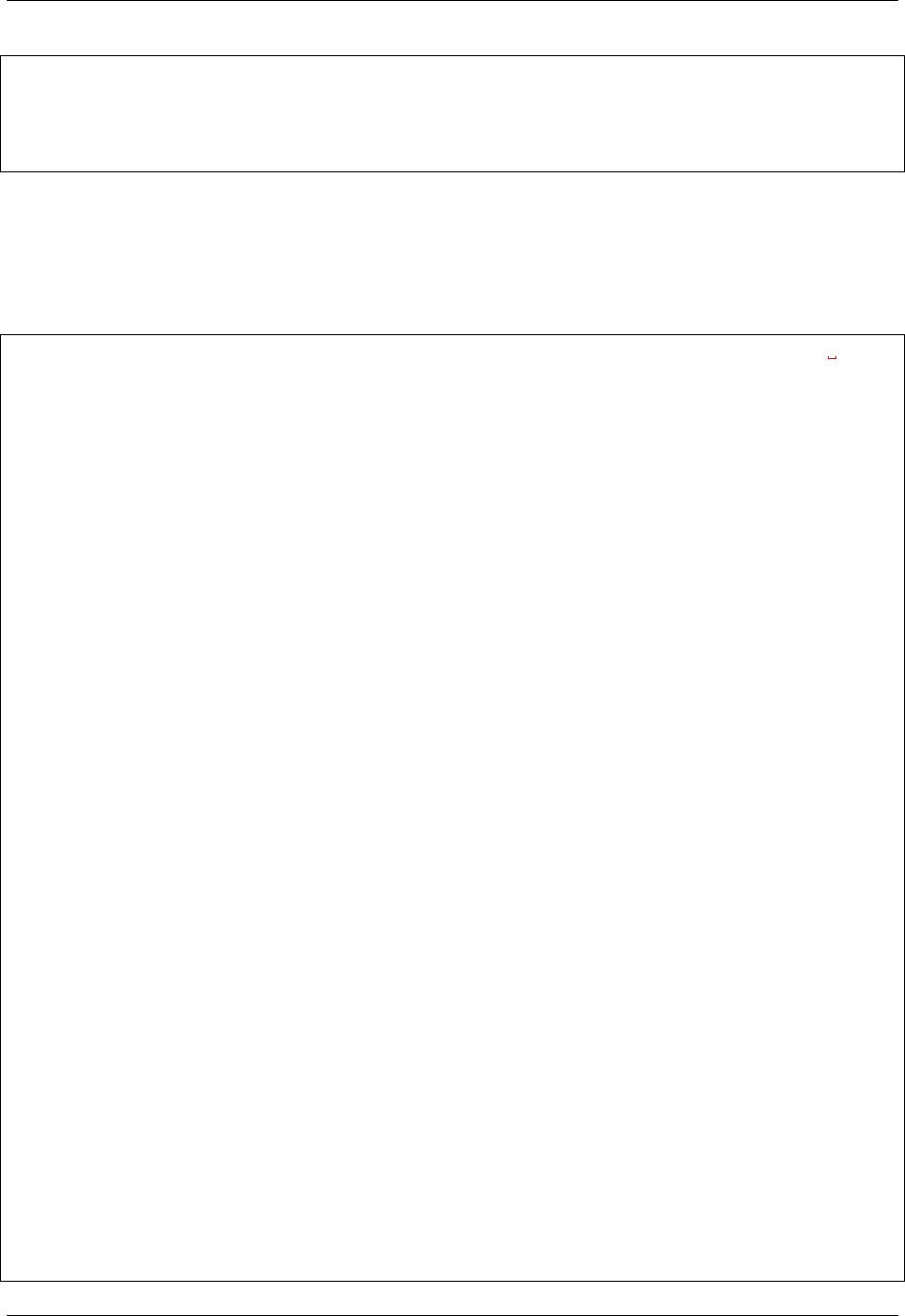
GeoServer User Manual, Release 2.15.1
<Max>2.9760021E7</Max>
<Average>5038397.020408163</Average>
<Sum>2.46881454E8</Sum>
<Count>49</Count>
</AggregationResults>
Aggregate GroupBy Example
This example count the number of states and the population average grouped by region.
Request:
<?xml version="1.0" encoding="UTF-8"?><wps:Execute version="1.0.0" service="WPS"
,→xmlns:xsi="http://www.w3.org/2001/XMLSchema-instance" xmlns="http://www.opengis.net/
,→wps/1.0.0" xmlns:wfs="http://www.opengis.net/wfs" xmlns:wps="http://www.opengis.net/
,→wps/1.0.0" xmlns:ows="http://www.opengis.net/ows/1.1" xmlns:gml="http://www.opengis.
,→net/gml" xmlns:ogc="http://www.opengis.net/ogc" xmlns:wcs="http://www.opengis.net/
,→wcs/1.1.1" xmlns:xlink="http://www.w3.org/1999/xlink" xsi:schemaLocation="http://
,→www.opengis.net/wps/1.0.0 http://schemas.opengis.net/wps/1.0.0/wpsAll.xsd">
<ows:Identifier>gs:Aggregate</ows:Identifier>
<wps:DataInputs>
<wps:Input>
<ows:Identifier>features</ows:Identifier>
<wps:Reference mimeType="text/xml" xlink:href="http://geoserver/wfs" method=
,→"POST">
<wps:Body>
<wfs:GetFeature service="WFS" version="1.0.0" outputFormat="GML2" xmlns:sf=
,→"http://www.openplans.org/spearfish">
<wfs:Query typeName="topp:states"/>
</wfs:GetFeature>
</wps:Body>
</wps:Reference>
</wps:Input>
<wps:Input>
<ows:Identifier>aggregationAttribute</ows:Identifier>
<wps:Data>
<wps:LiteralData>PERSONS</wps:LiteralData>
</wps:Data>
</wps:Input>
<wps:Input>
<ows:Identifier>function</ows:Identifier>
<wps:Data>
<wps:LiteralData>Count</wps:LiteralData>
</wps:Data>
</wps:Input>
<wps:Input>
<ows:Identifier>function</ows:Identifier>
<wps:Data>
<wps:LiteralData>Average</wps:LiteralData>
</wps:Data>
</wps:Input>
<wps:Input>
<ows:Identifier>singlePass</ows:Identifier>
<wps:Data>
<wps:LiteralData>false</wps:LiteralData>
</wps:Data>
</wps:Input>
7.4. Web Processing Service (WPS) 1209
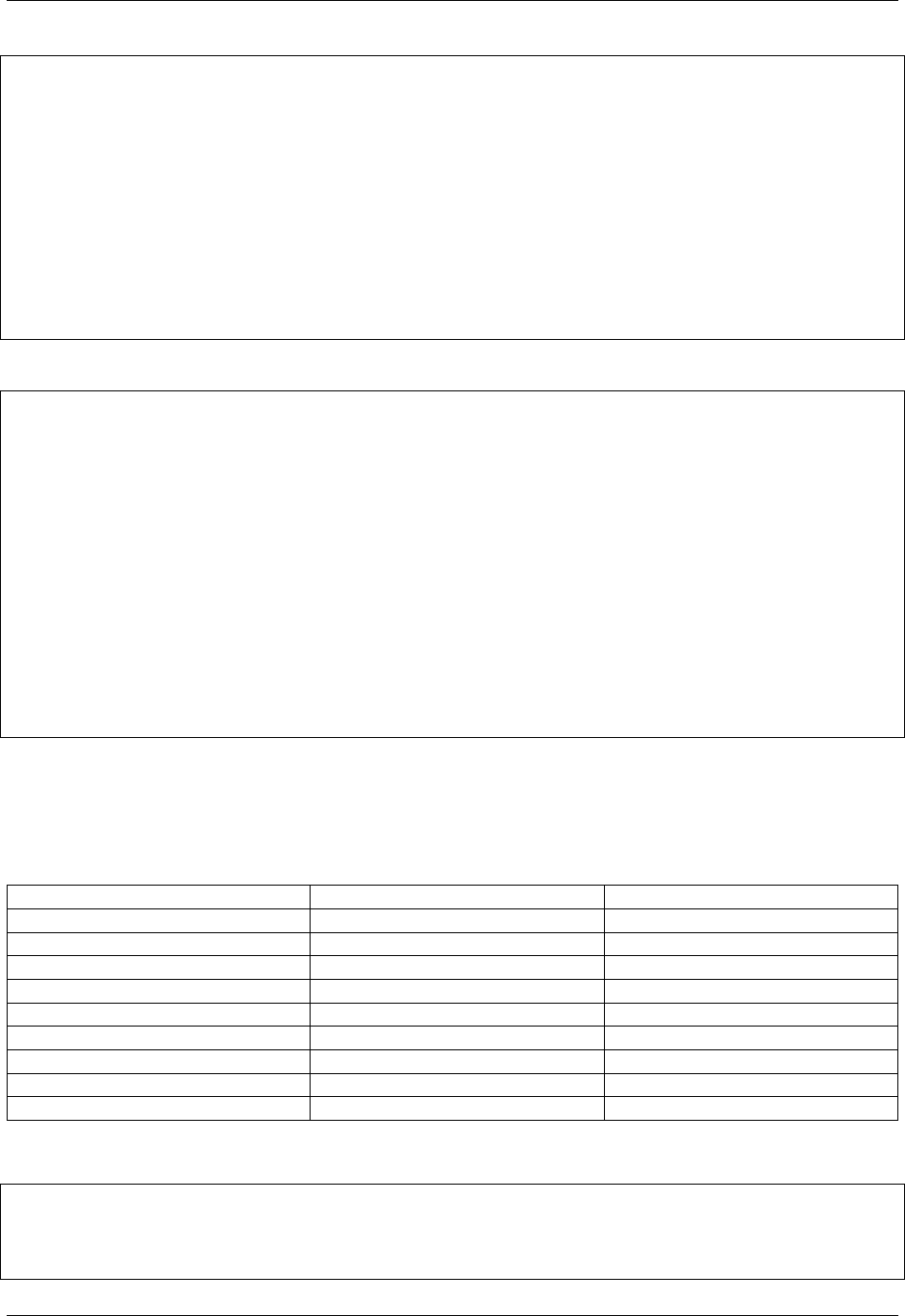
GeoServer User Manual, Release 2.15.1
<wps:Input>
<ows:Identifier>groupByAttributes</ows:Identifier>
<wps:Data>
<wps:LiteralData>SUB_REGION</wps:LiteralData>
</wps:Data>
</wps:Input>
</wps:DataInputs>
<wps:ResponseForm>
<wps:RawDataOutput mimeType="application/json">
<ows:Identifier>result</ows:Identifier>
</wps:RawDataOutput>
</wps:ResponseForm>
</wps:Execute>
The result:
{
"AggregationAttribute":"PERSONS",
"AggregationFunctions": ["Average","Count"],
"GroupByAttributes": ["SUB_REGION"],
"AggregationResults": [
["N Eng",2201157.1666666665,6],
["W N Cen",2522812.8571428573,7],
["Pacific",12489678,3],
["Mtn",1690408.25,8],
["E S Cen",3998821.25,4],
["S Atl",4837695.666666667,9],
["Mid Atl",12534095.333333334,3],
["E N Cen",8209477.2,5],
["W S Cen",6709575.75,4]
]
}
Since there is a group by attribute the result contains a row for each different value of the group by attribute.
Very similar to the result of an SQL query. If there is more that one group by attribute (which is not the
case) their values will be in the order they appear in the GroupByAttributes attribute.
This result should be interpreted like this:
Sub Region Average count
N Eng 2201157.1666666665 6
W N Cen 2522812.8571428573 7
Pacific 12489678 3
Mtn 1690408.25 8
E S Cen 3998821.25 4
S Atl 4837695.666666667 9
Mid Atl 12534095.333333334 3
E N Cen 8209477.2 5
W S Cen 6709575.75 4
The result in XML format:
<?xml version="1.0" encoding="UTF-8"?>
<AggregationResults>
<GroupByResult>
<object-array>
1210 Chapter 7. Services

GeoServer User Manual, Release 2.15.1
<string>N Eng</string>
<double>2201157.1666666665</double>
<int>6</int>
</object-array>
<object-array>
<string>W N Cen</string>
<double>2522812.8571428573</double>
<int>7</int>
</object-array>
<object-array>
<string>Pacific</string>
<double>1.2489678E7</double>
<int>3</int>
</object-array>
<object-array>
<string>Mtn</string>
<double>1690408.25</double>
<int>8</int>
</object-array>
<object-array>
<string>E S Cen</string>
<double>3998821.25</double>
<int>4</int>
</object-array>
<object-array>
<string>S Atl</string>
<double>4837695.666666667</double>
<int>9</int>
</object-array>
<object-array>
<string>Mid Atl</string>
<double>1.2534095333333334E7</double>
<int>3</int>
</object-array>
<object-array>
<string>E N Cen</string>
<double>8209477.2</double>
<int>5</int>
</object-array>
<object-array>
<string>W S Cen</string>
<double>6709575.75</double>
<int>4</int>
</object-array>
</GroupByResult>
</AggregationResults>
Process chaining
One of the benefits of WPS is its native ability to chain processes. Much like how functions can call other
functions, a WPS process can use as its input the output of another process. Many complex functions can
thus be combined in to a single powerful request.
For example, let’s take some of the sample data that is shipped with GeoServer and use the WPS engine to
chain a few of the built in processes, which will allow users to perform geospatial analysis on the fly.
The question we want to answer in this example is the following: How many miles of roads are crossing a
7.4. Web Processing Service (WPS) 1211
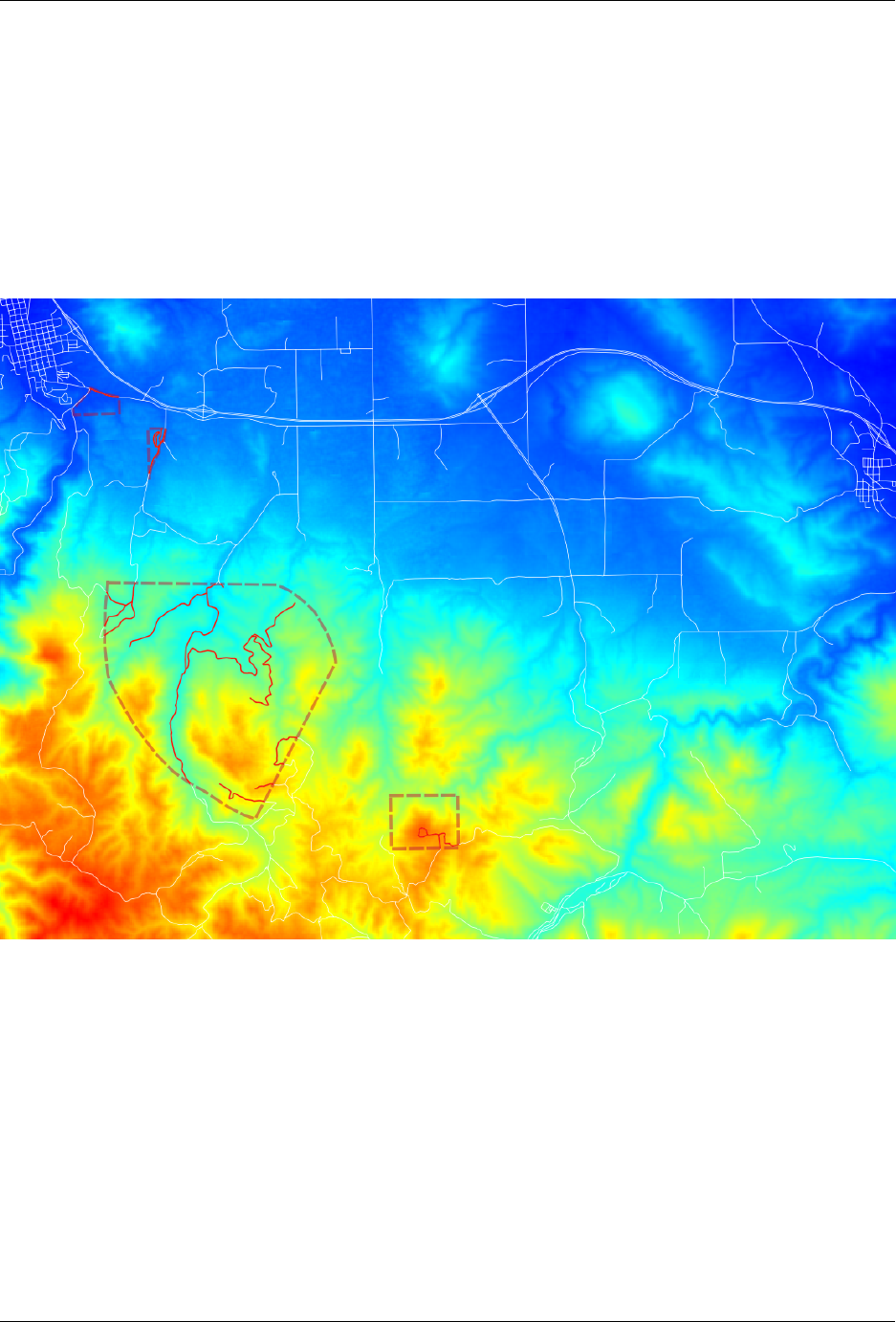
GeoServer User Manual, Release 2.15.1
protected area?
The data that will be used for this example is included with a standard installation of GeoServer:
•sf:roads: the layer that contains road information
•sf:restricted: the layer representing restricted areas
The restricted areas partially overlap the roads. We would like to know the total length of roads inside
the restricted areas, as shown in the next screenshot. The road network is represented in white against a
false color DEM (Digital Elevation Model). The restricted areas are represented with a dashed line in dark
brown. The portion of the road network that is inside the restricted areas is drawn in red.
Fig. 7.79: Length of total roads inside restricted area
In order to calculate the total length, we will need the following built in WPS processes:
•gs:IntersectionFeatureCollection: returns the intersection between two feature collections
adding the attributes from both of them
•gs:CollectGeometries: collects all the default geometries in a feature collection and returns them
as a single geometry collection
•JTS:length: calculates the length of a geometry in the same unit of measure as the geometry
The sequence in which these processes are executed is important. The first thing we want to do is interesect
the road network with the restricted areas. This gives us the feature collection with all the roads that we are
interested in. Then we collect those geometries into a single GeometryCollection so that the length can be
calculated with the built in JTS algorithm.
1212 Chapter 7. Services

GeoServer User Manual, Release 2.15.1
gs:IntersectionFeatureCollection –> gs:CollectGeometries –> JTS:length
The sequence of processes determines how the WPS request is built, by embedding the first process into
the second, the second into the third, etc. A process produces some output which will become the input
of the next process, resulting in a processing pipeline that can solve complex spatial analysis with a single
HTTP request. The advantage of using GeoServer’s layers is that data is not being shipped back and forth
between processes, resulting in very good performance.
Here is the complete WPS request in XML format:
<?xml version="1.0" encoding="UTF-8"?>
<wps:Execute version="1.0.0" service="WPS" xmlns:xsi="http://www.w3.org/2001/
,→XMLSchema-instance" xmlns="http://www.opengis.net/wps/1.0.0" xmlns:wfs="http://www.
,→opengis.net/wfs" xmlns:wps="http://www.opengis.net/wps/1.0.0" xmlns:ows="http://www.
,→opengis.net/ows/1.1" xmlns:gml="http://www.opengis.net/gml" xmlns:ogc="http://www.
,→opengis.net/ogc" xmlns:wcs="http://www.opengis.net/wcs/1.1.1" xmlns:xlink="http://
,→www.w3.org/1999/xlink" xsi:schemaLocation="http://www.opengis.net/wps/1.0.0 http://
,→schemas.opengis.net/wps/1.0.0/wpsAll.xsd">
<ows:Identifier>JTS:length</ows:Identifier>
<wps:DataInputs>
<wps:Input>
<ows:Identifier>geom</ows:Identifier>
<wps:Reference mimeType="text/xml; subtype=gml/3.1.1"
xlink:href="http://geoserver/wps" method="POST">
<wps:Body>
<wps:Execute version="1.0.0" service="WPS">
<ows:Identifier>gs:CollectGeometries</ows:Identifier>
<wps:DataInputs>
<wps:Input>
<ows:Identifier>features</ows:Identifier>
<wps:Reference mimeType="text/xml; subtype=wfs-collection/1.0"
,→xlink:href="http://geoserver/wps" method="POST">
<wps:Body>
<wps:Execute version="1.0.0" service="WPS">
<ows:Identifier>gs:IntersectionFeatureCollection</ows:Identifier>
<wps:DataInputs>
<wps:Input>
<ows:Identifier>first feature collection</ows:Identifier>
<wps:Reference mimeType="text/xml; subtype=wfs-collection/1.0
,→" xlink:href="http://geoserver/wfs" method="POST">
<wps:Body>
<wfs:GetFeature service="WFS" version="1.0.0"
,→outputFormat="GML2">
<wfs:Query typeName="sf:roads"/>
</wfs:GetFeature>
</wps:Body>
</wps:Reference>
</wps:Input>
<wps:Input>
<ows:Identifier>second feature collection</ows:Identifier>
<wps:Reference mimeType="text/xml; subtype=wfs-collection/1.0
,→" xlink:href="http://geoserver/wfs" method="POST">
<wps:Body>
<wfs:GetFeature service="WFS" version="1.0.0"
,→outputFormat="GML2">
<wfs:Query typeName="sf:restricted"/>
</wfs:GetFeature>
</wps:Body>
7.4. Web Processing Service (WPS) 1213

GeoServer User Manual, Release 2.15.1
</wps:Reference>
</wps:Input>
<wps:Input>
<ows:Identifier>first attributes to retain</ows:Identifier>
<wps:Data>
<wps:LiteralData>the_geom cat</wps:LiteralData>
</wps:Data>
</wps:Input>
<wps:Input>
<ows:Identifier>second attributes to retain</ows:Identifier>
<wps:Data>
<wps:LiteralData>cat</wps:LiteralData>
</wps:Data>
</wps:Input>
</wps:DataInputs>
<wps:ResponseForm>
<wps:RawDataOutput mimeType="text/xml;
subtype=wfs-collection/1.0">
<ows:Identifier>result</ows:Identifier>
</wps:RawDataOutput>
</wps:ResponseForm>
</wps:Execute>
</wps:Body>
</wps:Reference>
</wps:Input>
</wps:DataInputs>
<wps:ResponseForm>
<wps:RawDataOutput mimeType="text/xml; subtype=gml/3.1.1">
<ows:Identifier>result</ows:Identifier>
</wps:RawDataOutput>
</wps:ResponseForm>
</wps:Execute>
</wps:Body>
</wps:Reference>
</wps:Input>
</wps:DataInputs>
<wps:ResponseForm>
<wps:RawDataOutput>
<ows:Identifier>result</ows:Identifier>
</wps:RawDataOutput>
</wps:ResponseForm>
</wps:Execute>
You can save this XML request in a file called wps-chaining.xml and execute the request using cURL like
this:
curl -u admin:geoserver -H ‘Content-type: xml’ -XPOST -d@’wps-chaining.xml’
http://localhost:8080/geoserver/wps
The response is just a number, the total length of the roads that intersect the restricted areas, and should be
around 25076.285 meters (the length process returns map units)
To see WPS requests in action, you can use the built-in WPS Request Builder.
Note: Previous releases of GeoServer grouped processes not by subject, but by the internal library responsi-
ble for implementation. The “JTS” and “gt” prefixes can be enabled to preserve backwards compatibility, or
you may safely disable them off - their functionality is correctly sorted into the “vec” and “geo” categories.
1214 Chapter 7. Services

GeoServer User Manual, Release 2.15.1
7.4.7 Hazelcast based process status clustering
Starting with version 2.7.0 GeoServer has a new WPS extension point allowing GeoServer nodes in the same
cluster to share the status of current WPS requests. This is particularly important for asynchronous ones, as
the client polling for the progress/results might not be hitting the same node that’s currently running the
requests.
The Hazelcast based status sharing module leverages the Hazelcast library to share the information about
the current process status using a replicated map.
Installation
The installation of the module follows the usual process for most extensions:
• Stop GeoServer
• Unpack the contents of gs-wps-hazelcast-status.zip into the geoserver/WEB-INF/lib folder
• Restart GeoServer
Configuration
The module does not require any configuration in case the default behavior is suitable for the deploy envi-
roment.
By default, the module will use multicast messages to locate other nodes in the same cluster and will
automatically start sharing information about the process status with them.
In case this is not satisfactory, a hazelcast.xml file can be created/edited in the root of the GeoServer
data directory to modify the network connection methods.
The file is not using a GeoServer specific syntax, it’s instead a regular Hazelcast configuration file with a
simple distributed map declaration:
<hazelcast xmlns:xsi="http://www.w3.org/2001/XMLSchema-instance"
xsi:schemaLocation="http://www.hazelcast.com/schema/config
http://www.hazelcast.com/schema/config/hazelcast-
,→config-3.3.xsd"
xmlns="http://www.hazelcast.com/schema/config">
<!-- Protecting against accidental cluster joining -->
<group>
<name>geoserver</name>
<password>geoserver</password>
</group>
<!--
Make Hazelcast use log4j just like GeoServer. Remember to add:
log4j.category.com.hazelcast=INFO
in the geoserver logging configuration to see Hazelcast log messages
-->
<properties>
<property name="hazelcast.logging.type">log4j</property>
</properties>
<!-- Network section, by default it enables multicast, tune it to use tcp in case
multicast is not allowed, and list the nodes that make up a reasonable core of the
cluster (e.g., machines that will never be all down at the same time) -->
7.4. Web Processing Service (WPS) 1215

GeoServer User Manual, Release 2.15.1
<network>
<port auto-increment="true">5701</port>
<join>
<multicast enabled="true">
<multicast-group>224.2.2.3</multicast-group>
<multicast-port>54327</multicast-port>
</multicast>
<tcp-ip enabled="false">
<interface>127.0.0.1</interface>
</tcp-ip>
<aws enabled="false">
<access-key>my-access-key</access-key>
<secret-key>my-secret-key</secret-key>
<region>us-east-1</region>
</aws>
</join>
</network>
<!-- The WPS status map -->
<map name="wpsExecutionStatusMap">
<indexes>
<!-- Add indexes to support the two most common queries -->
<index ordered="false">executionId</index>
<index ordered="true">completionTime</index>
</indexes>
</map>
</hazelcast>
In case a TCP based configuration is desired, one just needs to disable the multicast one, enable the tcp-ip
one, and add a list of interface addresses in it that will form the core of the cluster. Not all nodes in the
cluster need to be listed in said section, but a list long enough to ensure that not all the nodes in the list
might go down at the same time: as long as at least one of said nodes lives, the cluster will maintain its
integrity.
7.5 Catalog Services for the Web (CSW)
This section discusses the Catalog Services for Web (CSW) optional extension. With this extension,
GeoServer supports retrieving and displaying items from the GeoServer catalog using the CSW service.
For more information on CSW, please refer to OGC OpenGIS Implementation Specification 07-006r1 and
the OGC tutorial on CSW.
7.5.1 Installing Catalog Services for Web (CSW)
To install the CSW extension:
1. Visit the GeoServer Download and navigate to the download page for the version od GeoServer
your are using. The csw download is listed under extensions. The file name is called
geoserver-*-csw-plugin.zip, where *matches the version number of GeoServer you are using.
2. Extract this file and place the JARs in WEB-INF/lib.
3. Perform any configuration required by your servlet container, and then restart.
1216 Chapter 7. Services
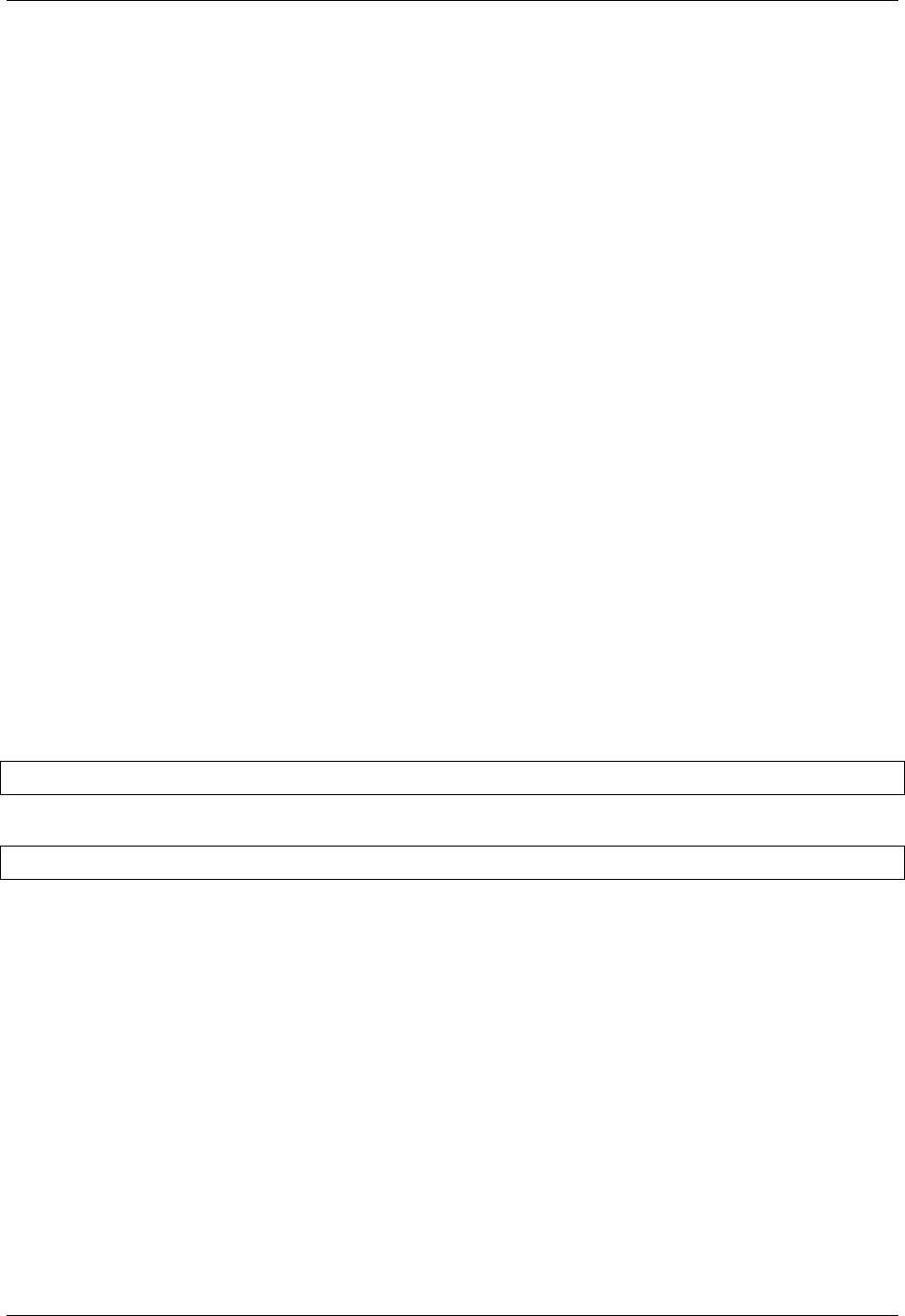
GeoServer User Manual, Release 2.15.1
4. Verify that the module was installed correctly by going to the Welcome page of the Web administration
interface and seeing that CSW is listed in the Service Capabilities list.
7.5.2 Catalog Services for the Web (CSW) features
Supported operations
The following standard CSW operations are currently supported:
• GetCapabilities
• GetRecords
• GetRecordById
• GetDomain
• DescribeRecord
(Starting with GeoServer 2.9.x, a new vendor operation has been added: DirectDownload)
The Internal Catalog Store supports filtering on both full x-paths as well as the “Queryables” specified in
GetCapabilities.
Catalog stores
The default catalog store is the Internal Catalog Store, which retrieves information from the GeoServer’s
internal catalog. The Simple Catalog Store (simple-store module) adds an alternative simple store which
reads the catalog data directly from files (mainly used for testing).
If there are multiple catalog stores present (for example, when the Simple Catalog Store module is loaded),
set the Java system property DefaultCatalogStore to make sure that the correct catalog store will be
used. To use the Internal Catalog Store, this property must be set to:
DefaultCatalogStore=org.geoserver.csw.store.internal.GeoServerInternalCatalogStore
To use the Simple Catalog Store:
DefaultCatalogStore=org.geoserver.csw.store.simple.GeoServerSimpleCatalogStore
Supported schemes
The Internal Catalog Store supports two metadata schemes:
• Dublin Core
• ISO Metadata Profile
Mapping Files
Mapping files are located in the csw directory inside the GeoServer data directory. Each mapping file must
have the exact name of the record type name combined with the .properties extension. For example:
• Dublin Core mapping can be found in the file csw/Record.properties inside the data directory.
• ISO Metadata mapping can be found in the file csw/MD_Metadata.properties inside the data
directory.
7.5. Catalog Services for the Web (CSW) 1217

GeoServer User Manual, Release 2.15.1
The mapping files take the syntax from Java properties files. The left side of the equals sign specifies the
target field name or path in the metadata record, paths being separated with dots. The right side of the
equals sign specifies any CQL expression that denotes the value of the target property. The CQL expression
is applied to each ResourceInfo object in the catalog and can retrieve all properties from this object. These
expressions can make use of literals, properties present in the ResourceInfo object, and all normal CQL
operators and functions. There is also support for complex datastructures such as Maps using the dot
notation and Lists using the bracket notation (Example mapping files are given below).
The properties in the ResourceInfo object that can be used are:
name
qualifiedName
nativeName
qualifiedNativeName
alias
title
abstract
description
metadata.?
namespace
namespace.prefix
namespace.name
namespace.uri
namespace.metadata.?
keywords
keywords[?]
keywords[?].value
keywords[?].language
keywords[?].vocabulary
keywordValues
keywordValues[?]
metadataLinks
metadataLinks[?]
metadataLinks[?].id
metadataLinks[?].about
metadataLinks[?].metadataType
metadataLinks[?].type
metadataLinks[?].content
latLonBoundingBox
latLonBoundingBox.dimension
latLonBoundingBox.lowerCorner
latLonBoundingBox.upperCorner
nativeBoundingBox
nativeBoundingBox.dimension
nativeBoundingBox.lowerCorner
nativeBoundingBox.upperCorner
srs
nativeCrs
projectionPolicy
enabled
advertised
catalog.defaultNamespace
catalog.defaultWorkspace
store.name
store.description
store.type
store.metadata.?
store.enabled
1218 Chapter 7. Services
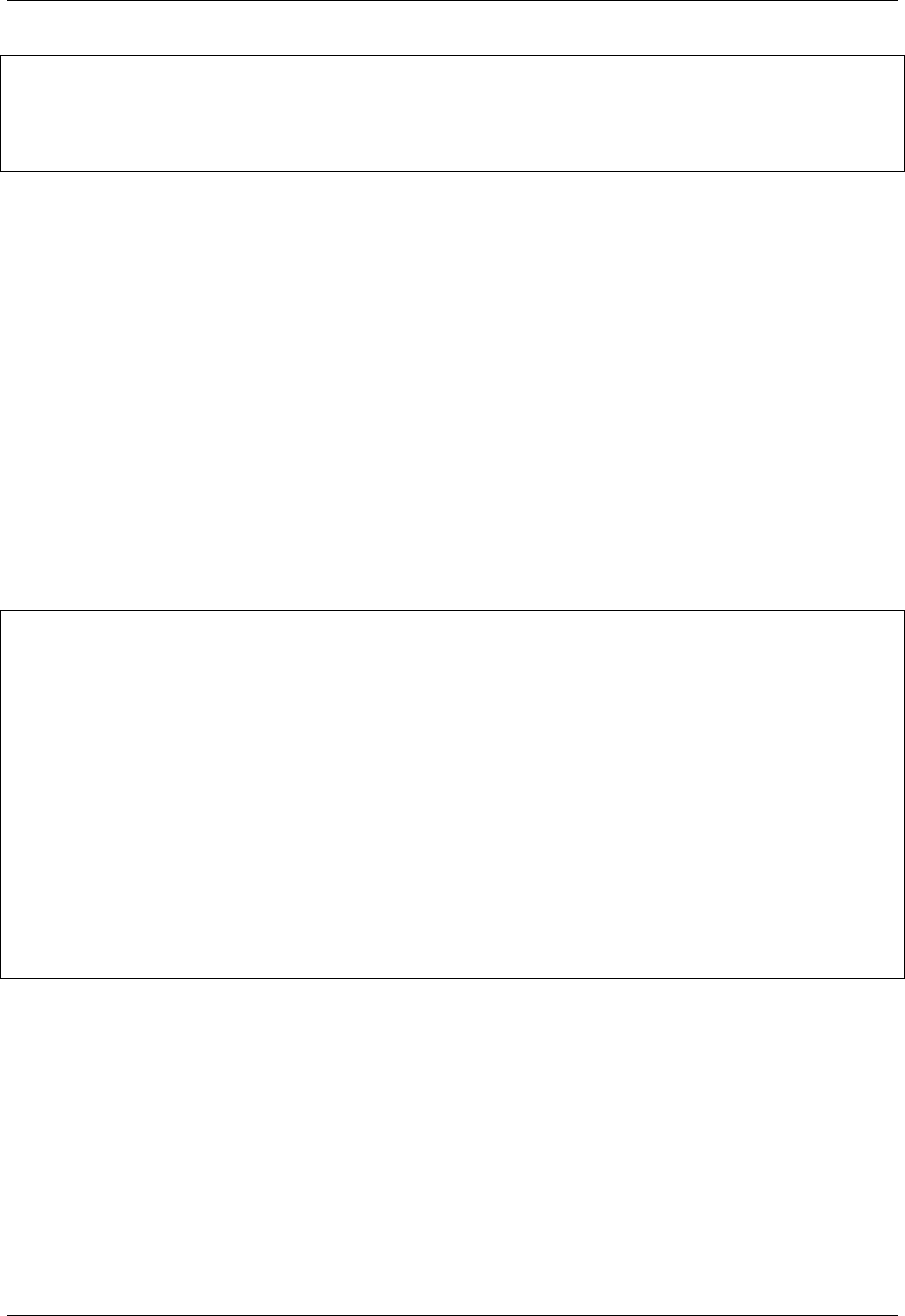
GeoServer User Manual, Release 2.15.1
store.workspace
store.workspace.name
store.metadata.?
store.connectionParameters.?
store.error
Depending on whether the resource is a FeatureTypeInfo or a CoverageInfo, additional properties may be
taken from their respective object structure. You may use REST to view an xml model of feature types and
datastores in which the xml tags represent the available properties in the objects.
Some fields in the metadata schemes can have multiple occurences. They may be mapped to prop-
erties in the Catalog model that are also multi-valued, such as for example keywords. It is also
possible to use a filter function called list to map multiple single-valued or multi-valued cata-
log properties to a MetaData field with multiple occurences (see in ISO MetaData Profile example,
mapping for the identificationInfo.AbstractMD_Identification.citation.CI_Citation.
alternateTitle field).
Placing the @symbol in front of the field will set that to use as identifier for each metadata record. This may
be useful for ID filters. Use a $sign in front of fields that are required to make sure the mapping is aware
of the requirement (specifically for the purpose of property selection).
Dublin Core
Below is an example of a Dublin Core mapping file:
@identifier.value=id
title.value=title
creator.value='GeoServer Catalog'
subject.value=keywords
subject.scheme='http://www.digest.org/2.1'
abstract.value=abstract
description.value=strConcat('description about ' , title)
date.value="metadata.date"
type.value='http://purl.org/dc/dcmitype/Dataset'
publisher.value='Niels Charlier'
#format.value=
#language.value=
#coverage.value=
#source.value=
#relation.value=
#rights.value=
#contributor.value=
All fields have the form of <fieldname>.value for the actual value in the field. Additionally
<fieldname>.scheme can be specified for the @scheme attribute of this field.
Examples of attributes extracted from the ResourceInfo are id,title, and keywords, etc. The attribute
metadata.date uses the metadata (java.util.)Map from the Resource object. In this map, it searches
for the keyword “date”.
Note that double quotes are necessary in order to preserve this meaning of the dots.
ISO Metadata Profile
Below is an example of an ISO Metadata Profile Mapping File:
7.5. Catalog Services for the Web (CSW) 1219
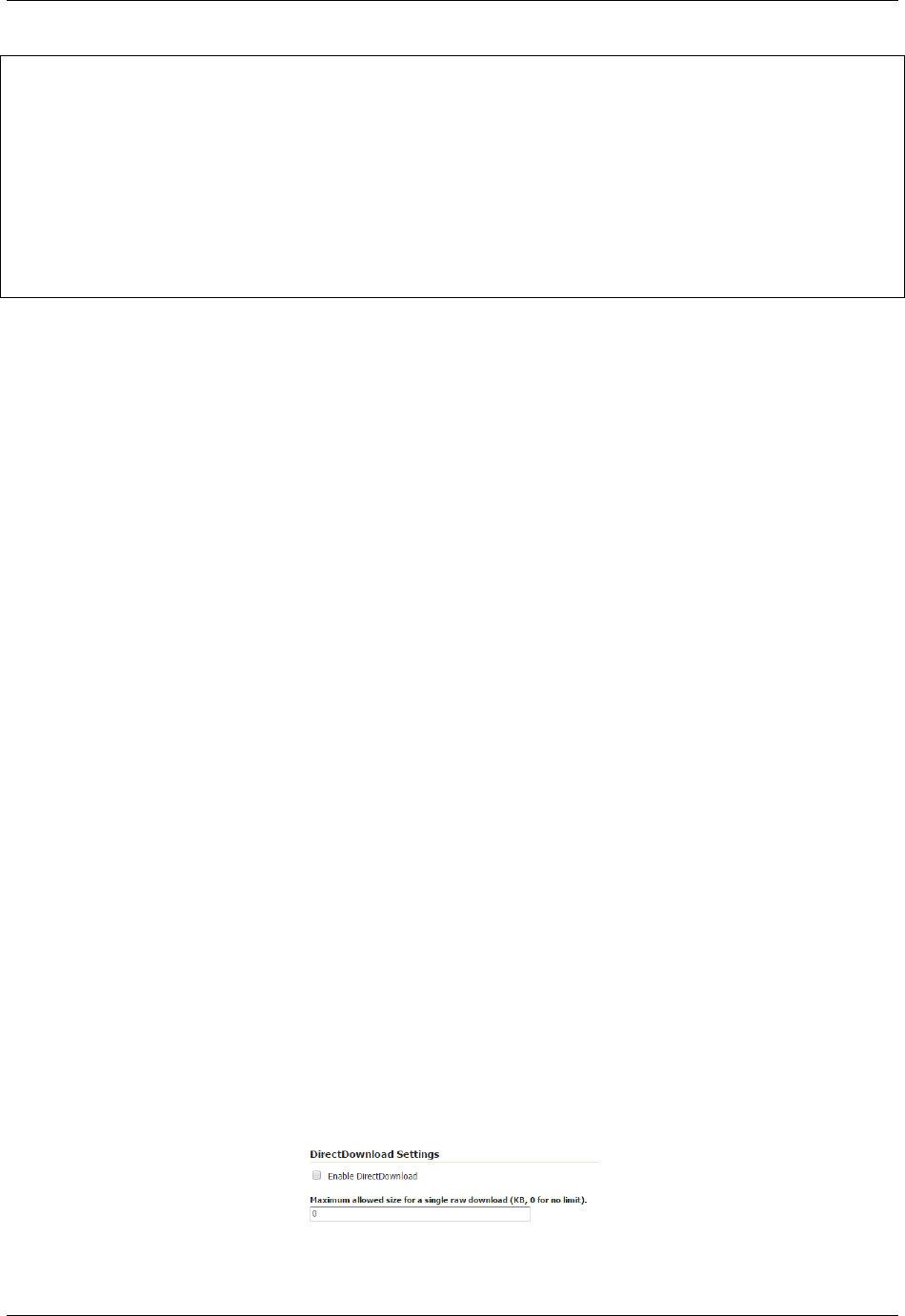
GeoServer User Manual, Release 2.15.1
@fileIdentifier.CharacterString=id
identificationInfo.AbstractMD_Identification.citation.CI_Citation.title.
,→CharacterString=title
identificationInfo.AbstractMD_Identification.citation.CI_Citation.alternateTitle.
,→CharacterString=list(description,alias,strConcat('##',title))
identificationInfo.AbstractMD_Identification.descriptiveKeywords.MD_Keywords.keyword.
,→CharacterString=keywords
identificationInfo.AbstractMD_Identification.abstract.CharacterString=abstract
$dateStamp.Date= if_then_else ( isNull("metadata.date") , 'Unknown', "metadata.date")
hierarchyLevel.MD_ScopeCode.@codeListValue='http://purl.org/dc/dcmitype/Dataset'
$contact.CI_ResponsibleParty.individualName.CharacterString=
The full path of each field must be specified (separated with dots). XML attributes are specified with the @
symbol, similar to the usual XML X-path notation.
To keep the result XSD compliant, the parameters dateStamp.Date and contact.
CI_ResponsibleParty.individualName.CharacterString must be preceded by a $sign to
make sure that they are always included even when using property selection.
For more information on the ISO Metadata standard, please see the OGC Implementation Specification
07-045.
7.5.3 DirectDownload
DirectDownload is a new operation (since GeoServer 2.9.x) supported by the CSW service.
In the Meteorology, Oceanography and Earth Observation domains, layers are usually based on complex
NetCDF/GRIB files. Protocols such as WCS are set up to allow slice, rescale and reprojection of data, but
not to preserve the original data as is.
This new operation allows direct download of the raw data for that layer. If the DirectDownload capability
is enabled for a Coverage layer, the CSW record will be updated to contain links pointing back to the CSW
service, using the DirectDownload vendor operation that will assemble the files for the requested resource,
zip them, and send the result back to the requester.
The download links (one for each data file composing the layer plus a link to get all the files composing the
layer) are added as new entries in CSW records:
• as additional term-references element for a Dublin Core schema
• as additional OnlineResource for ISO Metadata
Those links also contain the validity domain for the file such as envelope/time/elevation/custom dimen-
sions (when present) for multidimensional layers.
Configuration
DirectDownload capability can be activated as default for all layers, as global CSW configuration. Go into
the CSW service panel and click on the enable DirectDownload checkbox if you want it enabled for all layers:
Fig. 7.80: DirectDownload configuration (Service level)
1220 Chapter 7. Services
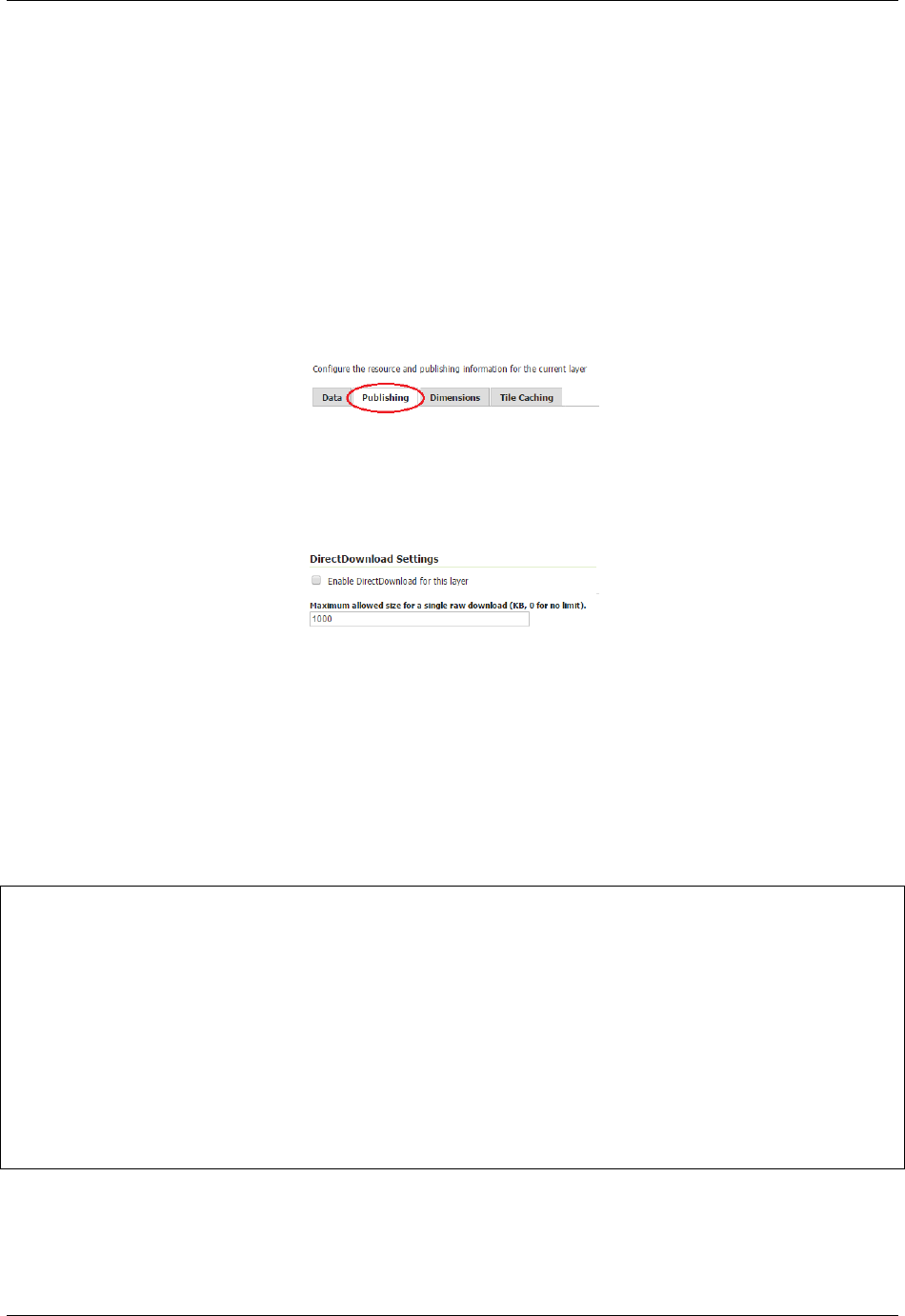
GeoServer User Manual, Release 2.15.1
From this section you can also set a download size limit value (0 means no limit). The specified value
represents the maximum size (in kilobytes) of the sum of the sizes of the raw data referred to by a single
download link. (You can think about the case of a download link referring to the whole layer data which
may contain a wide set of files).
Note that the size check is performed on the raw data files prior to any compression.
Per Layer configuration
DirectDownload capability can also be enabled/disabled for a specific layer, which will override the global
CSW configuration.
Go to the publishing tab of the layer.
Fig. 7.81: Layer publishing section
Look for the DirectDownload settings section.
Fig. 7.82: DirectDownload configuration (Layer level)
The configuration of this parameter follows the same rules as shown for the CSW configuration panel.
GetRecords example
A GetRecords response containing a layer with DirectDownload enabled, may result having a piece like
this (using ISO Metadata output schema):
...
<gmd:CI_OnlineResource>
<gmd:linkage>
<gmd:URL>
http://localhost:8080/geoserver/ows?service=CSW&version=2.0.2&
,→request=DirectDownload&resourceId=geosolutions:Reflectivity_height_above_ground&
,→file=82643c5bf682f67ef8b7de737b90ada759965cd8-samplefile.grib2&ENVELOPE=-2699073.
,→2421875,-1588806.0302734375,2697926.7578125,1588193.9697265625&TIME=2015-06-
,→23T00:00:00.000Z/2015-06-23T00:00:00.000Z&HEIGHT_ABOVE_GROUND=1000.0/4000.0
</gmd:URL>
</gmd:linkage>
</gmd:CI_OnlineResource>
...
That URL allows the direct download of the indicated file. Note that the filename has a SHA-1 header to
avoid publishing the underlying file system structure paths.
7.5. Catalog Services for the Web (CSW) 1221
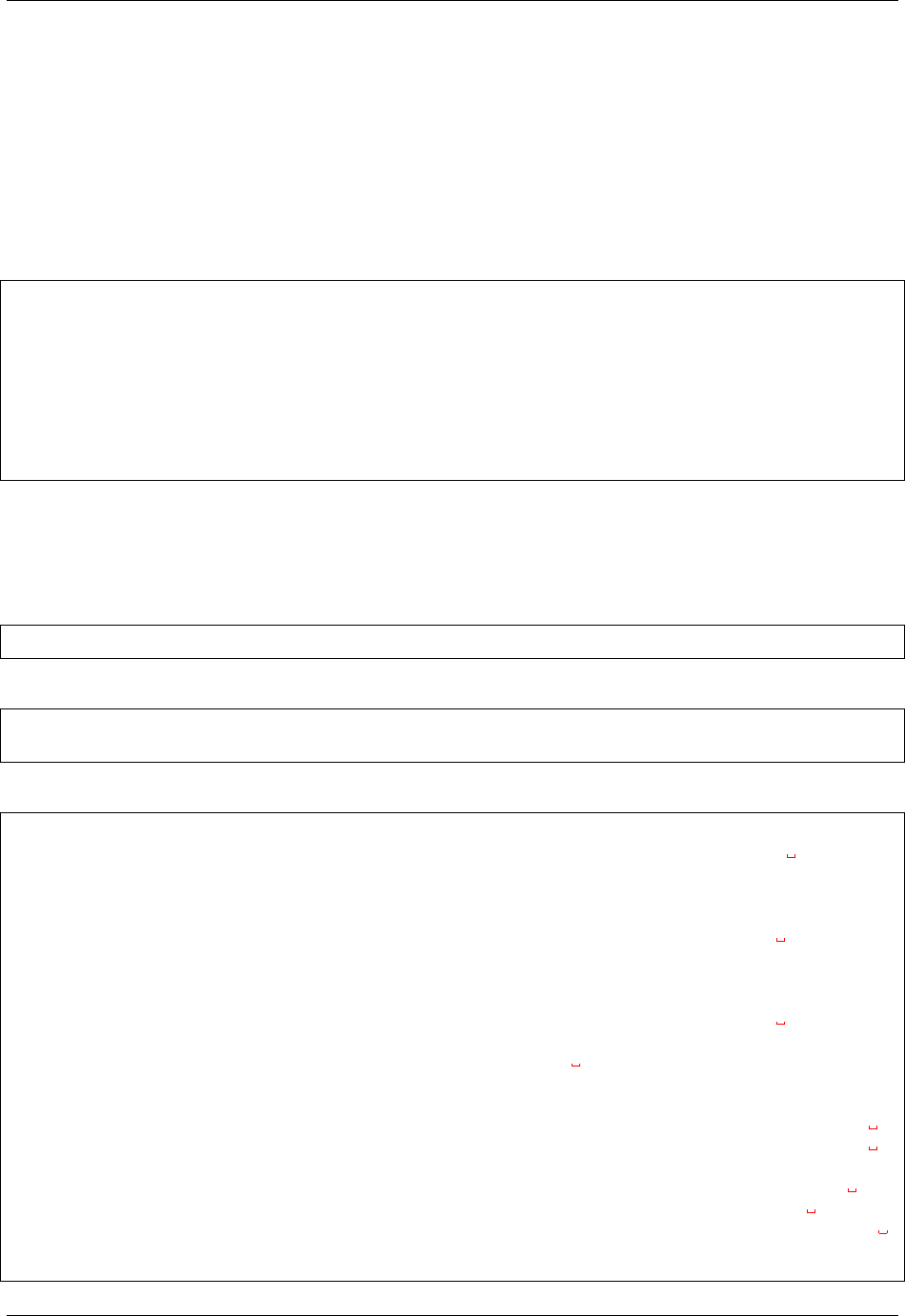
GeoServer User Manual, Release 2.15.1
7.5.4 Catalog Services for the Web (CSW) tutorial
This tutorial will show how to use the CSW module. It assumes a fresh installation of GeoServer with the
CSW module installed.
Configuration
In the <data_dir>/csw directory, create a new file named MD_Metadata (ISO Metadata Profile mapping
file) with the following contents:
@fileIdentifier.CharacterString=prefixedName
identificationInfo.AbstractMD_Identification.citation.CI_Citation.title.
,→CharacterString=title
identificationInfo.AbstractMD_Identification.descriptiveKeywords.MD_Keywords.keyword.
,→CharacterString=keywords
identificationInfo.AbstractMD_Identification.abstract.CharacterString=abstract
$dateStamp.Date= if_then_else ( isNull("metadata.date") , 'Unknown', "metadata.date")
hierarchyLevel.MD_ScopeCode.@codeListValue='http://purl.org/dc/dcmitype/Dataset'
$contact.CI_ResponsibleParty.individualName.CharacterString='John Smith'
Services
With GeoServer running (and responding on http://localhost:8080), test GeoServer CSW in a web
browser by querying the CSW capabilities as follows:
http://localhost:8080/geoserver/csw?service=csw&version=2.0.2&request=GetCapabilities
We can request a description of our Metadata record:
http://localhost:8080/geoserver/csw?service=CSW&version=2.0.2&request=DescribeRecord&
,→typeName=gmd:MD_Metadata
This yields the following result:
<?xml version="1.0" encoding="UTF-8"?>
<csw:DescribeRecordResponse xmlns:csw="http://www.opengis.net/cat/csw/2.0.2"
,→xmlns:xsi="http://www.w3.org/2001/XMLSchema-instance" xsi:schemaLocation="http://
,→www.opengis.net/cat/csw/2.0.2 http://localhost:8080/geoserver/schemas/csw/2.0.2CSW-
,→discovery.xsd">
<csw:SchemaComponent targetNamespace="http://www.opengis.net/cat/csw/2.0.2"
,→schemaLanguage="http://www.w3.org/XML/Schema">
<xs:schema xmlns:xs="http://www.w3.org/2001/XMLSchema" xmlns:xlink="http://www.w3.org/
,→1999/xlink" xmlns:gco="http://www.isotc211.org/2005/gco" xmlns:gmd="http://www.
,→isotc211.org/2005/gmd" targetNamespace="http://www.isotc211.org/2005/gmd"
,→elementFormDefault="qualified" version="2012-07-13">
<!-- ================================= Annotation
,→================================ -->
<xs:annotation>
<xs:documentation>Geographic MetaData (GMD) extensible markup language
,→is a component of the XML Schema Implementation of Geographic Information Metadata
,→documented in ISO/TS 19139:2007. GMD includes all the definitions of http://www.
,→isotc211.org/2005/gmd namespace. The root document of this namespace is the file
,→gmd.xsd. This identification.xsd schema implements the UML conceptual schema
,→defined in A.2.2 of ISO 19115:2003. It contains the implementation of the following
,→classes: MD_Identification, MD_BrowseGraphic, MD_DataIdentification, MD_
,→ServiceIdentification, MD_RepresentativeFraction, MD_Usage, MD_Keywords, DS_
,→Association, MD_AggregateInformation, MD_CharacterSetCode, MD_
,→SpatialRepresentationTypeCode, MD_TopicCategoryCode, MD_ProgressCode, MD_
,→KeywordTypeCode, DS_AssociationTypeCode, DS_InitiativeTypeCode, MD_ResolutionType.</
,→xs:documentation>
1222 Chapter 7. Services
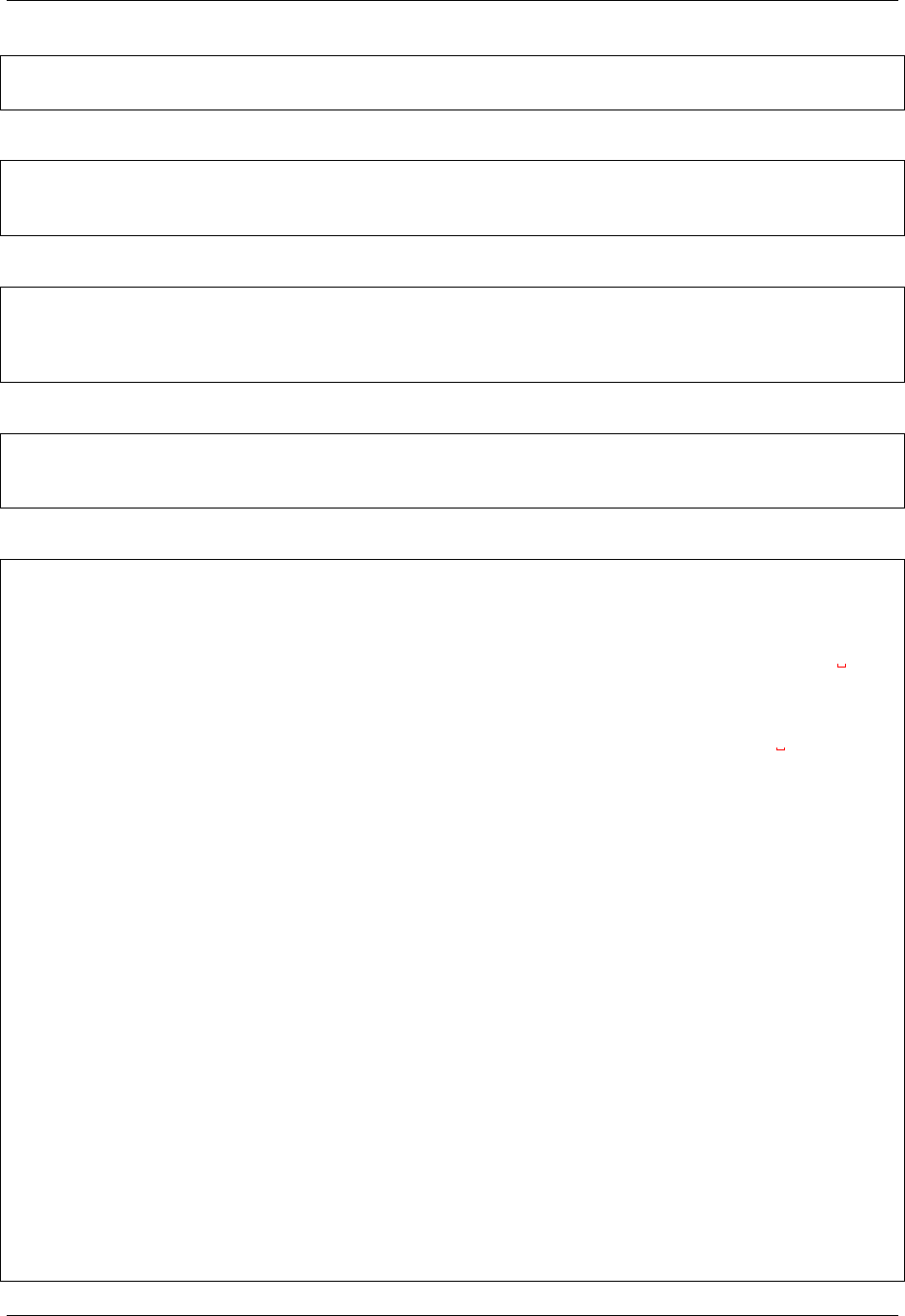
GeoServer User Manual, Release 2.15.1
</xs:annotation>
...
Query all layers as follows:
http://localhost:8080/geoserver/csw?service=CSW&version=2.0.2&request=GetRecords&
,→typeNames=gmd:MD_Metadata&resultType=results&elementSetName=full&outputSchema=http:/
,→/www.isotc211.org/2005/gmd
Request a particular layer by ID. . . :
http://localhost:8080/geoserver/csw?service=CSW&version=2.0.2&request=GetRecordById&
,→elementsetname=summary&id=CoverageInfoImpl--4a9eec43:132d48aac79:-8000&
,→typeNames=gmd:MD_Metadata&resultType=results&elementSetName=full&outputSchema=http:/
,→/www.isotc211.org/2005/gmd
. . . or use a filter to retrieve it by Title:
http://localhost:8080/geoserver/csw?service=CSW&version=2.0.2&request=GetRecords&
,→typeNames=gmd:MD_Metadata&resultType=results&elementSetName=full&outputSchema=http:/
,→/www.isotc211.org/2005/gmd&constraint=Title=%27mosaic%27
Either case should return:
<?xml version="1.0" encoding="UTF-8"?>
<csw:GetRecordsResponse xmlns:xml="http://www.w3.org/XML/1998/namespace" xmlns="http:/
,→/www.opengis.net/cat/csw/apiso/1.0" xmlns:csw="http://www.opengis.net/cat/csw/2.0.2
,→" xmlns:gco="http://www.isotc211.org/2005/gco" xmlns:gmd="http://www.isotc211.org/
,→2005/gmd" xmlns:xsi="http://www.w3.org/2001/XMLSchema-instance" version="2.0.2"
,→xsi:schemaLocation="http://www.opengis.net/cat/csw/2.0.2 http://localhost:8080/
,→geoserver/schemas/csw/2.0.2/record.xsd">
<csw:SearchStatus timestamp="2013-06-28T13:41:43.090Z"/>
<csw:SearchResults numberOfRecordsMatched="1" numberOfRecordsReturned="1"
,→nextRecord="0" recordSchema="http://www.isotc211.org/2005/gmd" elementSet="full">
<gmd:MD_Metadata>
<gmd:fileIdentifier>
<gco:CharacterString>CoverageInfoImpl--4a9eec43:132d48aac79:-8000</
,→gco:CharacterString>
</gmd:fileIdentifier>
<gmd:dateStamp>
<gco:Date>Unknown</gco:Date>
</gmd:dateStamp>
<gmd:identificationInfo>
<gmd:MD_DataIdentification>
<gmd:extent>
<gmd:EX_Extent>
<gmd:geographicElement>
<gmd:EX_GeographicBoundingBox crs="urn:x-ogc:def:crs:EPSG:6.11:4326">
<gmd:westBoundLongitude>36.492</gmd:westBoundLongitude>
<gmd:southBoundLatitude>6.346</gmd:southBoundLatitude>
<gmd:eastBoundLongitude>46.591</gmd:eastBoundLongitude>
<gmd:northBoundLatitude>20.83</gmd:northBoundLatitude>
</gmd:EX_GeographicBoundingBox>
</gmd:geographicElement>
</gmd:EX_Extent>
</gmd:extent>
</gmd:MD_DataIdentification>
<gmd:AbstractMD_Identification>
7.5. Catalog Services for the Web (CSW) 1223

GeoServer User Manual, Release 2.15.1
<gmd:citation>
<gmd:CI_Citation>
<gmd:title>
<gco:CharacterString>mosaic</gco:CharacterString>
</gmd:title>
</gmd:CI_Citation>
</gmd:citation>
<gmd:descriptiveKeywords>
<gmd:MD_Keywords>
<gmd:keyword>
<gco:CharacterString>WCS</gco:CharacterString>
</gmd:keyword>
<gmd:keyword>
<gco:CharacterString>ImageMosaic</gco:CharacterString>
</gmd:keyword>
<gmd:keyword>
<gco:CharacterString>mosaic</gco:CharacterString>
</gmd:keyword>
</gmd:MD_Keywords>
</gmd:descriptiveKeywords>
</gmd:AbstractMD_Identification>
</gmd:identificationInfo>
<gmd:contact>
<gmd:CI_ResponsibleParty>
<gmd:individualName>
<gco:CharacterString>John Smith</gco:CharacterString>
</gmd:individualName>
</gmd:CI_ResponsibleParty>
</gmd:contact>
<gmd:hierarchyLevel>
<gmd:MD_ScopeCode codeListValue="http://purl.org/dc/dcmitype/Dataset"/>
</gmd:hierarchyLevel>
</gmd:MD_Metadata>
</csw:SearchResults>
</csw:GetRecordsResponse>
We can request the domain of a property. For example, all values of “Title”:
http://localhost:8080/geoserver/csw?service=csw&version=2.0.2&request=GetDomain&
,→propertyName=Title
This should yield the following result:
<?xml version="1.0" encoding="UTF-8"?>
<csw:GetDomainResponse xmlns:csw="http://www.opengis.net/cat/csw/2.0.2" xmlns:dc=
,→"http://purl.org/dc/elements/1.1/" xmlns:dct="http://purl.org/dc/terms/" xmlns:ows=
,→"http://www.opengis.net/ows/1.1" xmlns:xsi="http://www.w3.org/2001/XMLSchema-
,→instance" xsi:schemaLocation="http://www.opengis.net/cat/csw/2.0.2 http://
,→localhost:8080/geoserver/schemas/csw/2.0.2/CSW-discovery.xsd">
<csw:DomainValues type="csw:Record">
<csw:PropertyName>Title</csw:PropertyName>
<csw:ListOfValues>
<csw:Value>A sample ArcGrid file</csw:Value>
<csw:Value>Manhattan (NY) landmarks</csw:Value>
<csw:Value>Manhattan (NY) points of interest</csw:Value>
<csw:Value>Manhattan (NY) roads</csw:Value>
<csw:Value>North America sample imagery</csw:Value>
<csw:Value>Pk50095 is a A raster file accompanied by a spatial data file</
,→csw:Value>
1224 Chapter 7. Services

GeoServer User Manual, Release 2.15.1
<csw:Value>Spearfish archeological sites</csw:Value>
<csw:Value>Spearfish bug locations</csw:Value>
<csw:Value>Spearfish restricted areas</csw:Value>
<csw:Value>Spearfish roads</csw:Value>
<csw:Value>Spearfish streams</csw:Value>
<csw:Value>Tasmania cities</csw:Value>
<csw:Value>Tasmania roads</csw:Value>
<csw:Value>Tasmania state boundaries</csw:Value>
<csw:Value>Tasmania water bodies</csw:Value>
<csw:Value>USA Population</csw:Value>
<csw:Value>World rectangle</csw:Value>
<csw:Value>mosaic</csw:Value>
<csw:Value>sfdem is a Tagged Image File Format with Geographic information</
,→csw:Value>
</csw:ListOfValues>
</csw:DomainValues>
</csw:GetDomainResponse>
7.5. Catalog Services for the Web (CSW) 1225

GeoServer User Manual, Release 2.15.1
1226 Chapter 7. Services

CHAPTER 8
Filtering
Filtering allows selecting features that satisfy a specific set of conditions. Filters can be used in several
contexts in GeoServer:
• in WMS requests, to select which features should be displayed on a map
• in WFS requests, to specify the features to be returned
• in SLD documents, to apply different symbolization to features on a thematic map.
8.1 Supported filter languages
Data filtering in GeoServer is based on the concepts found in the OGC Filter Encoding Specification.
GeoServer accepts filters encoded in two different languages: Filter Encoding and Common Query Language.
8.1.1 Filter Encoding
The Filter Encoding language is an XML-based method for defining filters. XML Filters can be used in the
following places in GeoServer:
• in WMS GetMap requests, using the filter parameter
• in WFS GetFeature requests, using the filter parameter
• in SLD Rules, in the Filter element
The Filter Encoding language is defined by OGC Filter Encoding Standards:
• Filter Encoding 1.0 is used in WFS 1.0 and SLD 1.0
• Filter Encoding 1.1 is used in WFS 1.1
• Filter Encoding 2.0 is used in WFS 2.0
1227

GeoServer User Manual, Release 2.15.1
8.1.2 CQL/ECQL
CQL (Common Query Language) is a plain-text language created for the OGC Catalog specification.
GeoServer has adapted it to be an easy-to-use filtering mechanism. GeoServer actually implements a more
powerful extension called ECQL (Extended CQL), which allows expressing the full range of filters that
OGC Filter 1.1 can encode. ECQL is accepted in many places in GeoServer:
• in WMS GetMap requests, using the cql_filter parameter
• in WFS GetFeature requests, using the cql_filter parameter
• in SLD dynamic symbolizers
The ECQL Reference describes the features of the ECQL language. The CQL and ECQL tutorial shows exam-
ples of defining filters.
The CQL and ECQL languages are defined in:
•OpenGIS Catalog Services Specification contains the standard definition of CQL
•ECQL Grammar is the grammar defining the GeoTools ECQL implementation
8.2 Filter Encoding Reference
This is a reference for the Filter Encoding language implemented in GeoServer. The Filter Encoding lan-
guage uses an XML-based syntax. It is defined by the OGC Filter Encoding standard.
Filters are used to select features or other objects from the context in which they are evaluated. They are
similar in functionality to the SQL “WHERE” clause. A filter is specified using a condition.
8.2.1 Condition
A condition is a single Predicate element, or a combination of conditions by Logical operators.
8.2.2 Predicate
Predicates are boolean-valued expressions which compute relationships between values. A predicate is
specified by using a comparison operator or a spatial operator. The operators are used to compare proper-
ties of the features being filtered to other feature properties or to literal data.
Comparison operators
Comparison operators are used to specify conditions on non-spatial attributes.
Binary Comparison operators
The binary comparison operators are:
•<PropertyIsEqualTo>
•<PropertyIsNotEqualTo>
•<PropertyIsLessThan>
•<PropertyIsLessThanOrEqualTo>
1228 Chapter 8. Filtering
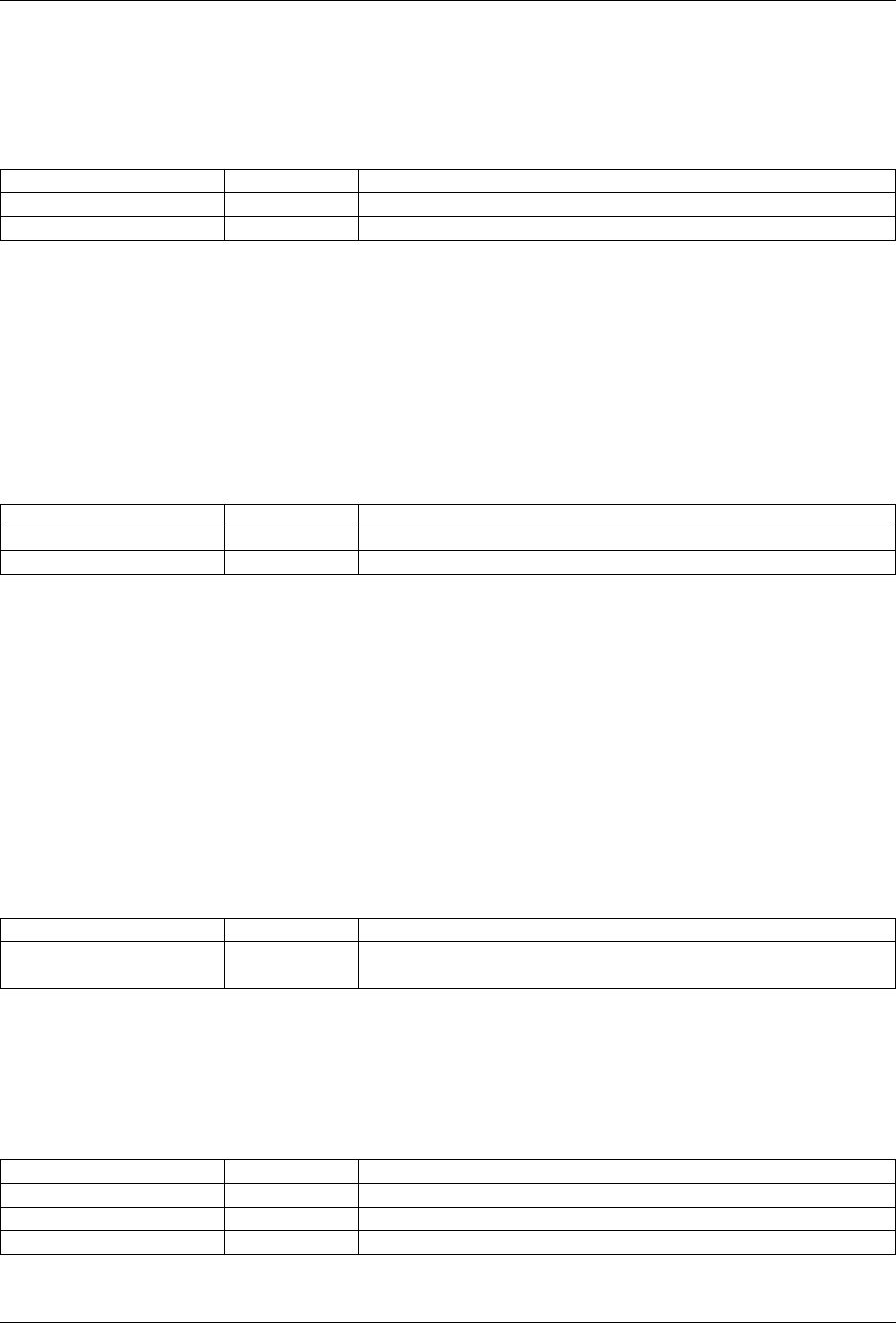
GeoServer User Manual, Release 2.15.1
•<PropertyIsGreaterThan>
•<PropertyIsGreaterThanOrEqualTo>
They contain the elements:
Element Required? Description
Expression Yes The first value to compare. Often a <PropertyName>.
Expression Yes The second value to compare
Binary comparison operator elements may include an optional matchCase attribute, with the value true
or false. If this attribute is true (the default), string comparisons are case-sensitive. If the attribute is
false strings comparisons do not check case.
PropertyIsLike operator
The <PropertyIsLike> operator matches a string property value against a text pattern. It contains the
elements:
Element Required? Description
<PropertyName> Yes Contains a string specifying the name of the property to test
<Literal> Yes Contains a pattern string to be matched
The pattern is specified by a sequence of regular characters and three special pattern characters. The pattern
characters are defined by the following required attributes of the <PropertyIsLike> element:
•wildCard specifies the pattern character which matches any sequence of zero or more string charac-
ters
•singleChar specifies the pattern character which matches any single string character
•escapeChar specifies the escape character which can be used to escape the pattern characters
PropertyIsNull operator
The <PropertyIsNull> operator tests whether a property value is null. It contains the element:
Element Required? Description
<PropertyName> Yes contains a string specifying the name of the property to be
tested
PropertyIsBetweeen operator
The <PropertyIsBetween> operator tests whether an expression value lies within a range given by a
lower and upper bound (inclusive). It contains the elements:
Element Required? Description
Expression Yes The value to test
<LowerBoundary> Yes Contains an Expression giving the lower bound of the range
<UpperBoundary> Yes Contains an Expression giving the upper bound of the range
8.2. Filter Encoding Reference 1229
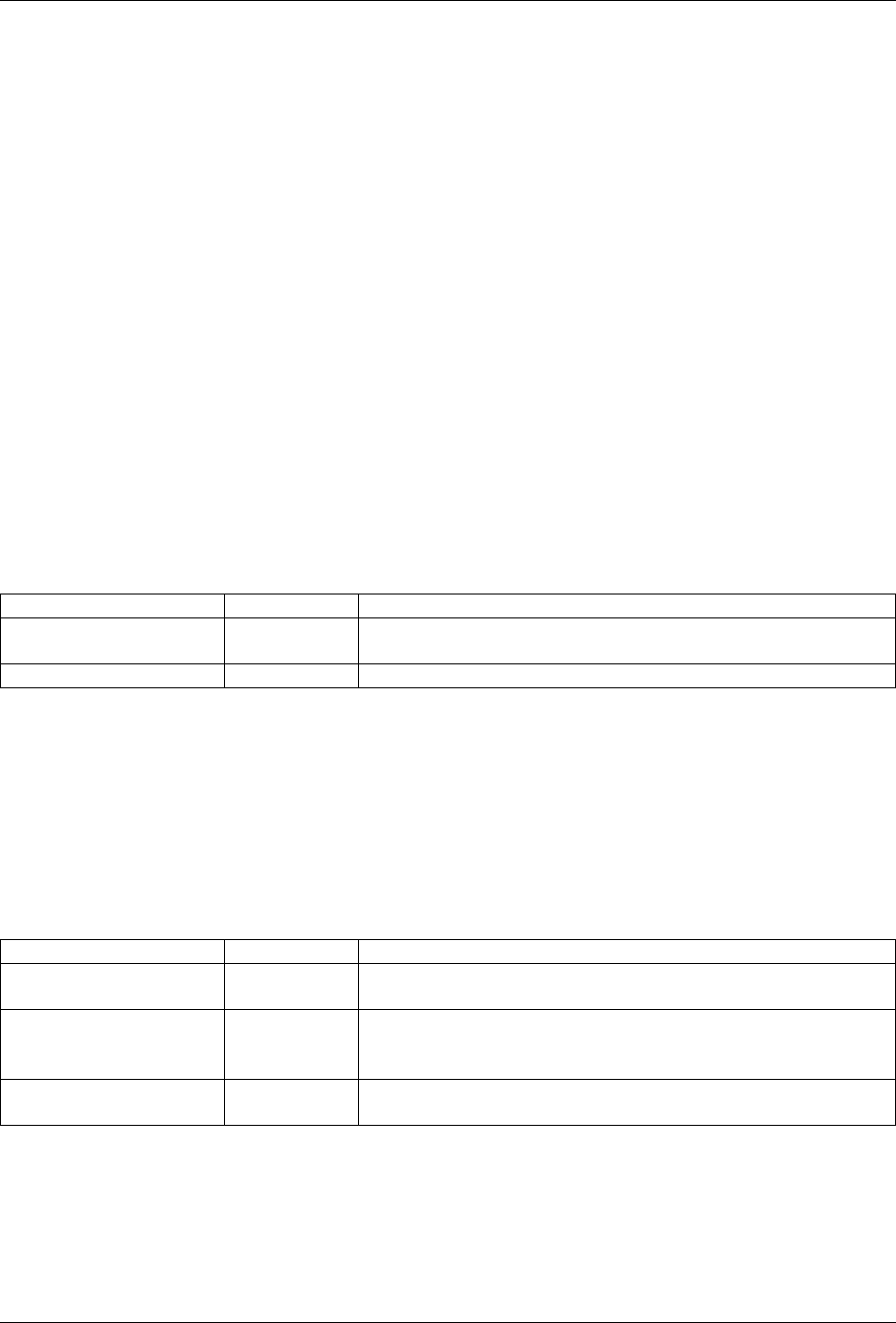
GeoServer User Manual, Release 2.15.1
Spatial operators
Spatial operators are used to specify conditions on the geometric attributes of a feature. The following
spatial operators are available:
Topological operators
These operators test topological spatial relationships using the standard OGC Simple Features predicates:
•<Intersects> - Tests whether two geometries intersect
•<Disjoint> - Tests whether two geometries are disjoint
•<Contains> - Tests whether a geometry contains another one
•<Within> - Tests whether a geometry is within another one
•<Touches> - Tests whether two geometries touch
•<Crosses> - Tests whether two geometries cross
•<Overlaps> - Tests whether two geometries overlap
•<Equals> - Tests whether two geometries are topologically equal
These contains the elements:
Element Required? Description
<PropertyName> Yes Contains a string specifying the name of the geometry-valued
property to be tested.
GML Geometry Yes A GML literal value specifying the geometry to test against
Distance operators
These operators test distance relationships between a geometry property and a geometry literal:
•<DWithin>
•<Beyond>
They contain the elements:
Element Required? Description
<PropertyName> Yes Contains a string specifying the name of the property to be
tested. If omitted, the default geometry attribute is assumed.
GML Geometry Yes A literal value specifying a geometry to compute the distance
to. This may be either a geometry or an envelope in GML 3
format
<Distance> Yes Contains the numeric value for the distance tolerance. The
element may include an optional units attribute.
Bounding Box operator
The <BBOX> operator tests whether a geometry-valued property intersects a fixed bounding box. It contains
the elements:
1230 Chapter 8. Filtering
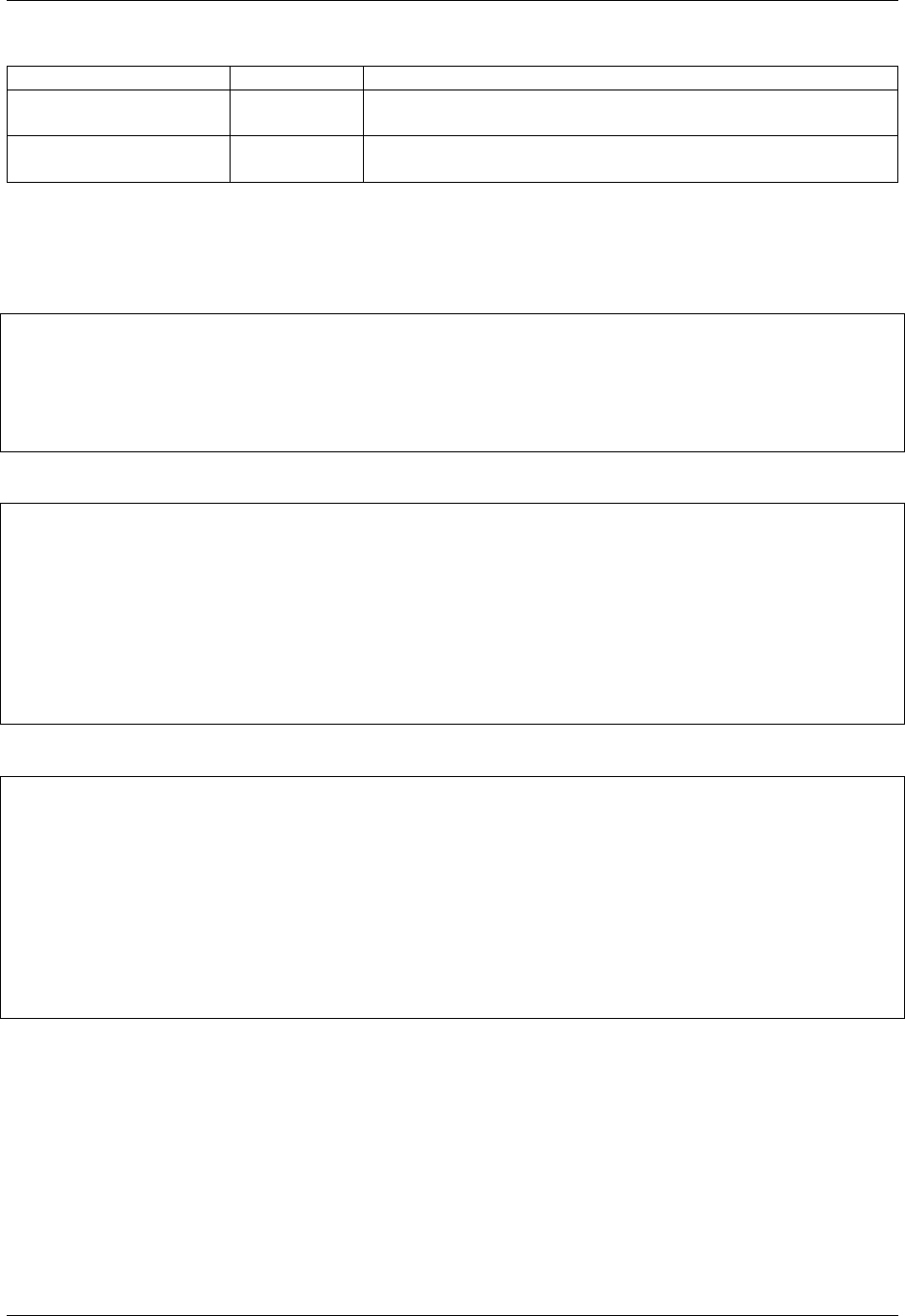
GeoServer User Manual, Release 2.15.1
Element Required? Description
<PropertyName> No Contains a string specifying the name of the property to be
tested. If omitted, the default geometry attribute is assumed.
<gml:Box> Yes A GML Box literal value specifying the bounding box to test
against
Examples
• This filter selects features with a geometry that intersects the point (1,1).
<Intersects>
<PropertyName>GEOMETRY</PropertyName>
<gml:Point>
<gml:coordinates>1 1</gml:coordinates>
</gml:Point>
</Intersects>
• This filter selects features with a geometry that overlaps a polygon.
<Overlaps>
<PropertyName>Geometry</PropertyName>
<gml:Polygon srsName="http://www.opengis.net/gml/srs/epsg.xml#63266405">
<gml:outerBoundaryIs>
<gml:LinearRing>
<gml:posList> ... </gml:posList>
</gml:LinearRing>
</gml:outerBoundaryIs>
</gml:Polygon>
</Overlaps>
• This filter selects features with a geometry that intersects the geographic extent [-10,0 : 10,10].
<BBOX>
<PropertyName>GEOMETRY</PropertyName>
<gml:Box srsName="urn:x-ogc:def:crs:EPSG:4326">
<gml:coord>
<gml:X>-10</gml:X> <gml:Y>0</gml:Y>
</gml:coord>
<gml:coord>
<gml:X>10</gml:X> <gml:Y>10</gml:Y>
</gml:coord>
</gml:Box>
</BBOX>
8.2.3 Logical operators
Logical operators are used to specify logical combinations of Condition elements (which may be either Pred-
icate elements or other logical operators). They may be nested to any depth.
The following logical operators are available:
•<And> - computes the logical conjunction of the operands
•<Or> - computes the logical disjunction of the operands
8.2. Filter Encoding Reference 1231

GeoServer User Manual, Release 2.15.1
The content for <And> and <Or> is two operands given by Condition elements.
•<Not> - computes the logical negation of the operand
The content for <Not> is a single operand given by a Condition element.
Examples
• This filter uses <And> to combine a comparison predicate and a spatial predicate:
<And>
<PropertyIsEqualTo>
<PropertyName>NAME</PropertyName>
<Literal>New York</Literal>
</PropertyIsEqualTo>
<Intersects>
<PropertyName>GEOMETRY</PropertyName>
<Literal>
<gml:Point>
<gml:coordinates>1 1</gml:coordinates>
</gml:Point>
</Literal>
</Intersects>
</And>
8.2.4 Expression
Filter expressions specify constant, variable or computed data values. An expression is formed from one
of the following elements (some of which contain sub-expressions, meaning that expressions may be of
arbitrary depth):
Arithmetic operators
The arithmetic operator elements compute arithmetic operations on numeric values.
•<Add> - adds the two operands
•<Sub> - subtracts the second operand from the first
•<Mul> - multiplies the two operands
•<Div> - divides the first operand by the second
Each arithmetic operator element contains two Expression elements providing the operands.
Function
The <Function> element specifies a filter function to be evaluated. The required name attribute gives the
function name. The element contains a sequence of zero or more Expression elements providing the values
of the function arguments.
See the Filter Function Reference for details of the functions provided by GeoServer.
1232 Chapter 8. Filtering
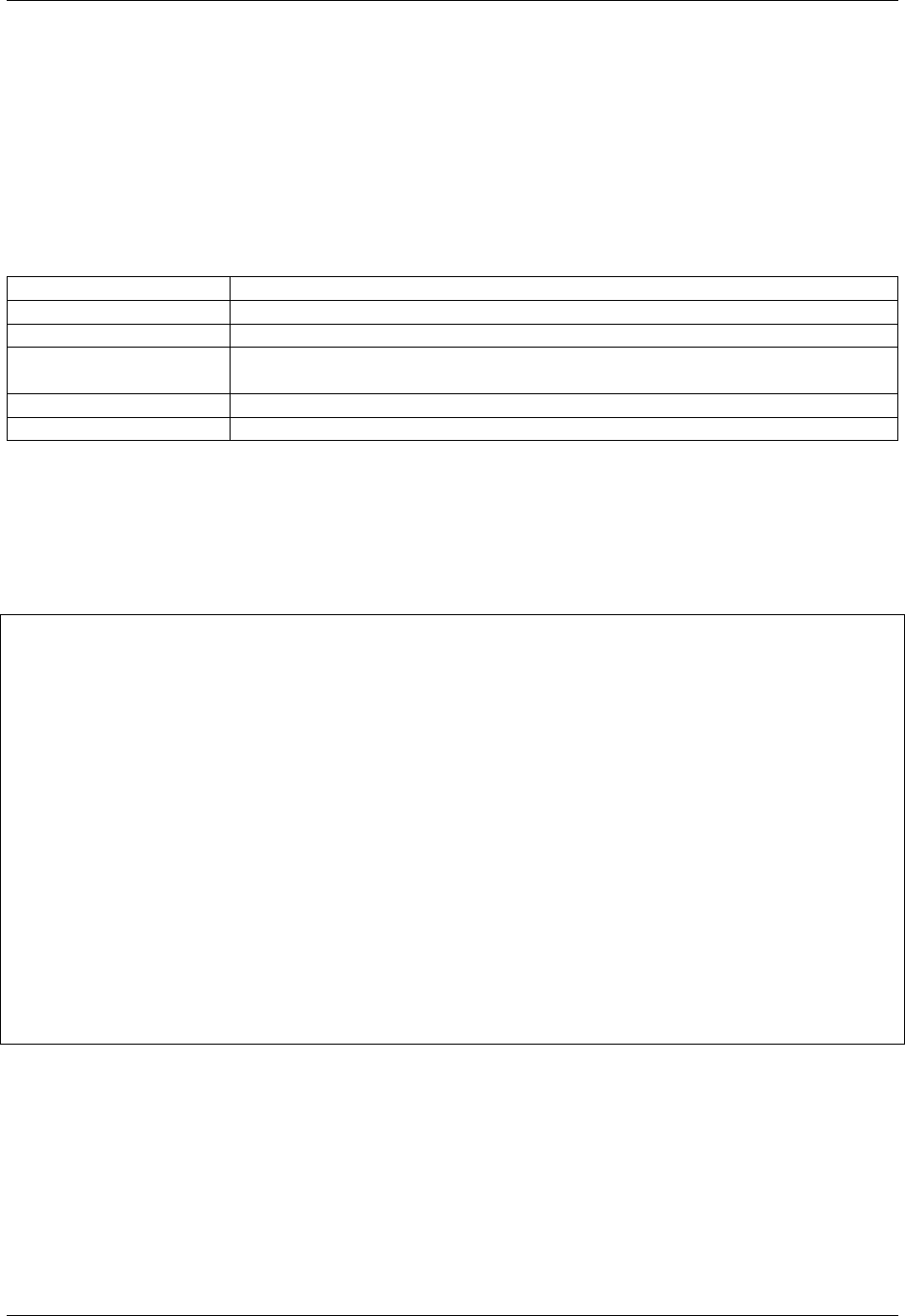
GeoServer User Manual, Release 2.15.1
Property Value
The <PropertyName> element refers to the value of a feature attribute. It contains a string or an XPath
expression specifying the attribute name.
Literal
The <Literal> element specifies a constant value. It contains data of one of the following types:
Type Description
Numeric A string representing a numeric value (integer or decimal).
Boolean A boolean value of true or false.
String A string value. XML-incompatible text may be included by using character
entities or <![CDATA[ ]]> delimiters.
Date A string representing a date.
Geometry An element specifying a geometry in GML3 format.
8.2.5 WFS 2.0 namespaces
WFS 2.0 does not depend on any one GML version and thus requires an explicit namespace and schemaLo-
cation for GML. In a GET request, namespaces can be placed on a Filter element (that is, filter= the block
below, URL-encoded):
<fes:Filter
xmlns:fes="http://www.opengis.net/fes/2.0"
xmlns:gml="http://www.opengis.net/gml/3.2">
<fes:Not>
<fes:Disjoint>
<fes:ValueReference>sf:the_geom</fes:ValueReference>
<gml:Polygon
gml:id="polygon.1"
srsName='http://www.opengis.net/def/crs/EPSG/0/26713'>
<gml:exterior>
<gml:LinearRing>
<gml:posList>590431 4915204 590430
4915205 590429 4915204 590430
4915203 590431 4915204</gml:posList>
</gml:LinearRing>
</gml:exterior>
</gml:Polygon>
</fes:Disjoint>
</fes:Not>
</fes:Filter>
8.3 ECQL Reference
This section provides a reference for the syntax of the ECQL language. The full language grammar is
documented in the the GeoTools ECQL BNF definition
8.3. ECQL Reference 1233
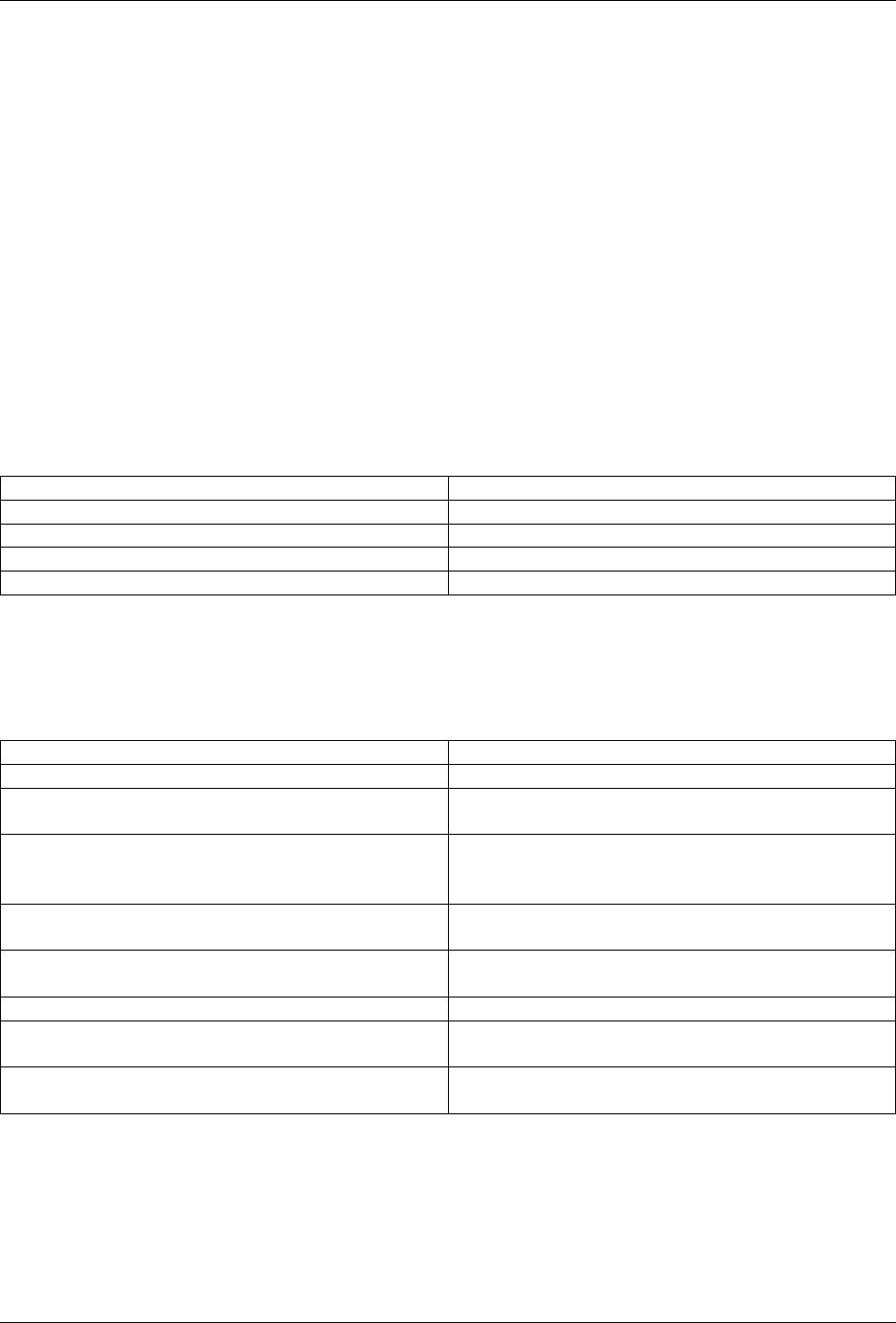
GeoServer User Manual, Release 2.15.1
8.3.1 Syntax Notes
The sections below describe the major language constructs. Each construct lists all syntax options for it.
Each option is defined as a sequence of other constructs, or recursively in terms of itself.
• Symbols which are part of the ECQL language are shown in code font. All other symbols are part
of the grammar description.
• ECQL keywords are not case-sensitive.
• A vertical bar symbol ‘|’ indicates that a choice of keyword can be made.
• Brackets ‘[... ]’ delimit syntax that is optional.
• Braces ‘{... }’ delimit syntax that may be present zero or more times.
8.3.2 Condition
A filter condition is a single predicate, or a logical combination of other conditions.
Syntax Description
Predicate Single predicate expression
Condition AND |OR Condition Conjunction or disjunction of conditions
NOT Condition Negation of a condition
(|[Condition ]|)Bracketing with (or [controls evaluation order
8.3.3 Predicate
Predicates are boolean-valued expressions which specify relationships between values.
Syntax Description
Expression =|<> |<|<= |>|>= Expression Comparison operations
Expression [NOT ]BETWEEN Expression AND Expres-
sion
Tests whether a value lies in or outside a range (in-
clusive)
Expression [NOT ]LIKE |ILIKE like-pattern Simple pattern matching. like-pattern uses the %
character as a wild-card for any number of char-
acters. ILIKE does case-insensitive matching.
Attribute [NOT ]IN ( Expression {,Expression })Tests whether an expression value is (not) in a set
of values
IN ( Literal {,Literal })Tests whether a feature ID value is in a given set.
ID values are integers or string literals
Expression IS [NOT ]NULL Tests whether a value is (non-)null
Attribute EXISTS |DOES-NOT-EXIST Tests whether a featuretype does (not) have a given
attribute
INCLUDE |EXCLUDE Always include (exclude) features to which this fil-
ter is applied
Temporal Predicate
Temporal predicates specify the relationship of a time-valued expression to a time or time period.
1234 Chapter 8. Filtering
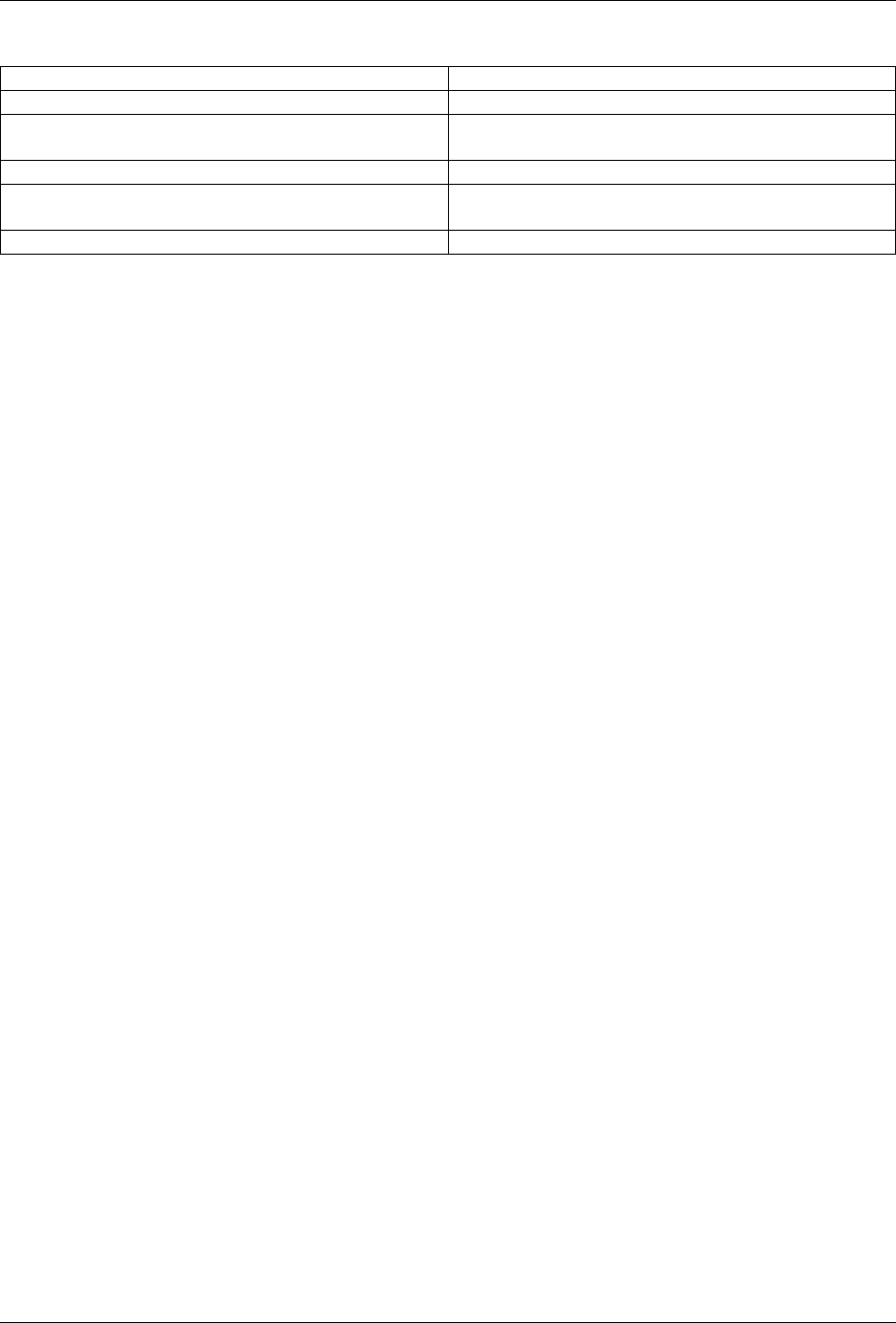
GeoServer User Manual, Release 2.15.1
Syntax Description
Expression BEFORE Time Tests whether a time value is before a point in time
Expression BEFORE OR DURING Time Period Tests whether a time value is before or during a
time period
Expression DURING Time Period Tests whether a time value is during a time period
Expression DURING OR AFTER Time Period Tests whether a time value is during or after a time
period
Expression AFTER Time Tests whether a time value is after a point in time
Spatial Predicate
Spatial predicates specify the relationship between geometric values. Topological spatial predicates
(INTERSECTS,DISJOINT,CONTAINS,WITHIN,TOUCHES CROSSES,OVERLAPS and RELATE) are defined
in terms of the DE-9IM model described in the OGC Simple Features for SQL specification.
8.3. ECQL Reference 1235
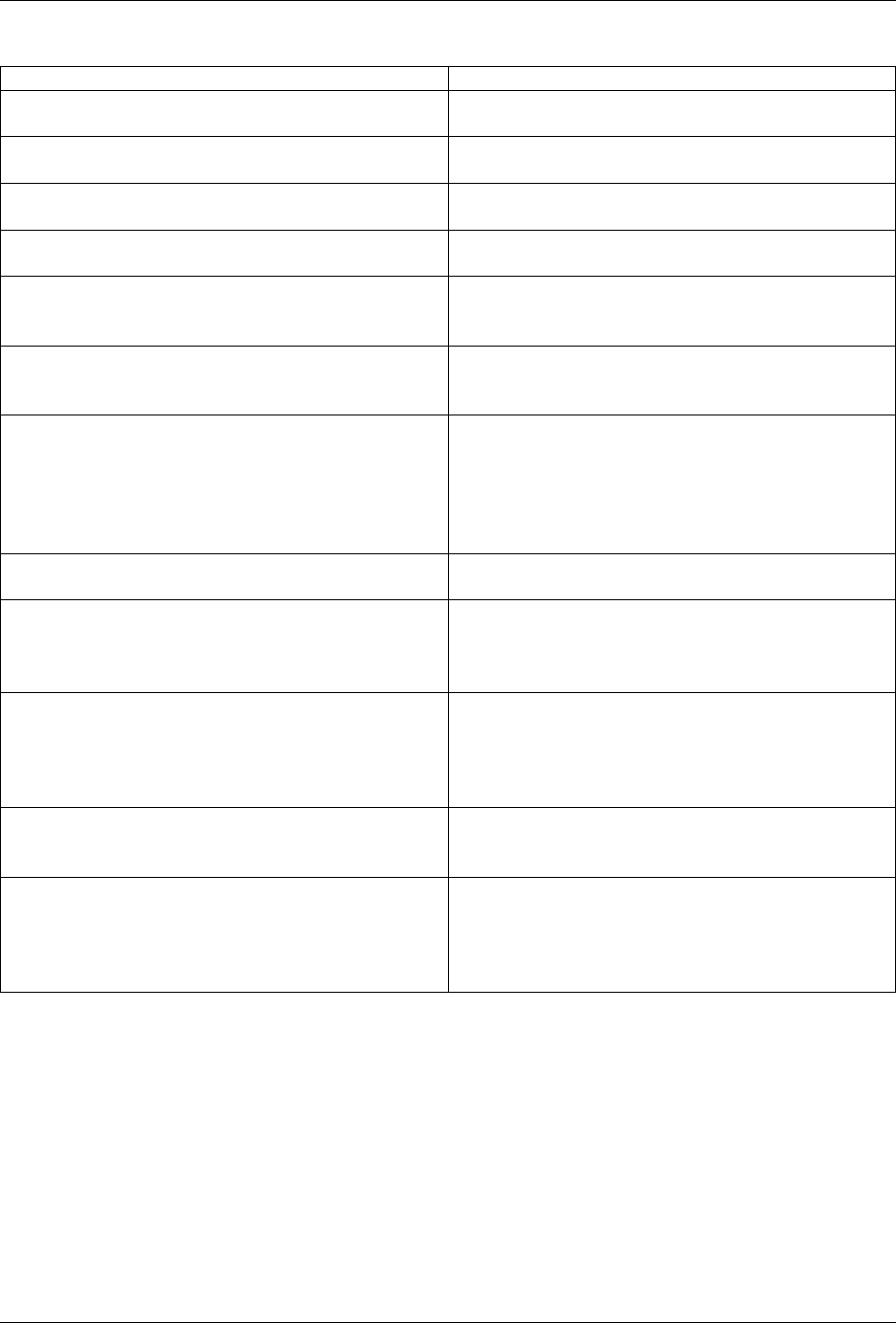
GeoServer User Manual, Release 2.15.1
Syntax Description
INTERSECTS(Expression ,Expression )Tests whether two geometries intersect. The con-
verse of DISJOINT
DISJOINT(Expression ,Expression )Tests whether two geometries are disjoint. The
converse of INTERSECTS
CONTAINS(Expression ,Expression )Tests whether the first geometry topologically con-
tains the second. The converse of WITHIN
WITHIN(Expression ,Expression )Tests whether the first geometry is topologically
within the second. The converse of CONTAINS
TOUCHES(Expression ,Expression )Tests whether two geometries touch. Geometries
touch if they have at least one point in common,
but their interiors do not intersect.
CROSSES(Expression ,Expression )Tests whether two geometries cross. Geometries
cross if they have some but not all interior points
in common
OVERLAPS(Expression ,Expression )Tests whether two geometries overlap. Geometries
overlap if they have the same dimension, have at
least one point each not shared by the other, and
the intersection of the interiors of the two geome-
tries has the same dimension as the geometries
themselves
EQUALS(Expression ,Expression )Tests whether two geometries are topologically
equal
RELATE( Expression ,Expression ,pattern )Tests whether geometries have the spatial relation-
ship specified by a DE-9IM matrix pattern. A DE-
9IM pattern is a string of length 9 specified using
the characters *TF012. Example: '1*T***T**'
DWITHIN( Expression ,Expression ,distance ,units
)
Tests whether the distance between two geome-
tries is no more than the specified distance. distance
is an unsigned numeric value for the distance tol-
erance. units is one of feet,meters,statute
miles,nautical miles,kilometers
BEYOND( Expression ,Expression ,distance ,units
)
Similar to DWITHIN, but tests whether the distance
between two geometries is greater than the given
distance.
BBOX ( Expression ,Number ,Number ,Number ,
Number [,CRS ])
Tests whether a geometry intersects a bounding
box specified by its minimum and maximum X
and Y values. The optional CRS is a string con-
taining an SRS code (For example, 'EPSG:1234'.
The default is to use the CRS of the queried layer)
8.3.4 Expression
An expression specifies a attribute, literal, or computed value. The type of the value is determined by the
nature of the expression. The standard PEMDAS order of evaluation is used.
1236 Chapter 8. Filtering
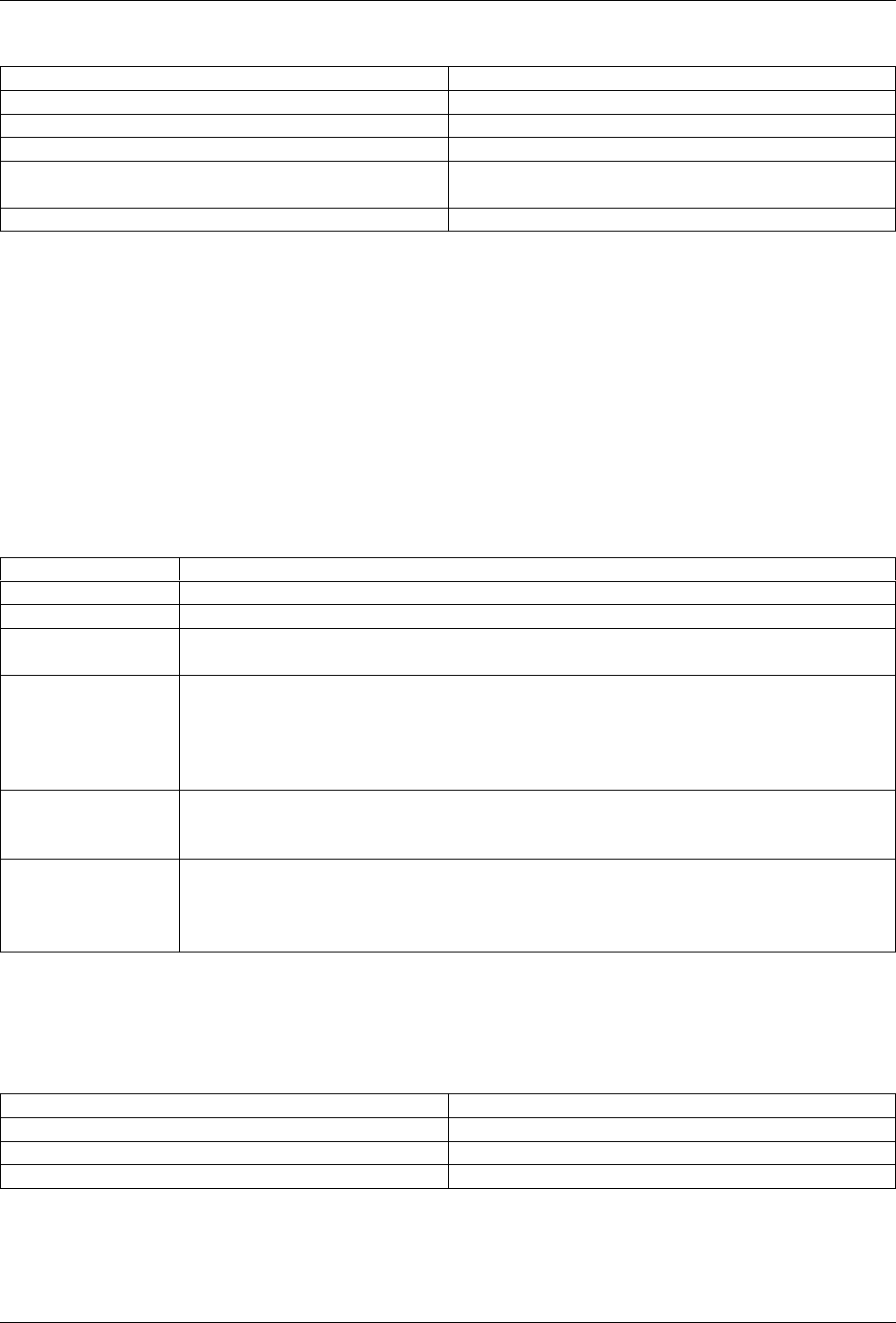
GeoServer User Manual, Release 2.15.1
Syntax Description
Attribute Name of a feature attribute
Literal Literal value
Expression +|-|*|/Expression Arithmetic operations
function ([Expression {,Expression } ] )Value computed by evaluation of a filter function
with zero or more arguments.
(|[Expression ]|)Bracketing with (or [controls evaluation order
8.3.5 Attribute
An attribute name denotes the value of a feature attribute.
• Simple attribute names are sequences of letters and numbers,
• Attribute names quoted with double-quotes may be any sequence of characters.
8.3.6 Literal
Literals specify constant values of various types.
Type Description
Number Integer or floating-point number. Scientific notation is supported.
Boolean TRUE or FALSE
String String literal delimited by single quotes. To include a single quote in the string use
two single-quotes: ''
Geometry Geometry in WKT format. WKT is defined in the OGC Simple Features
for SQL specification. All standard geometry types are supported: POINT,
LINESTRING,POLYGON,MULTIPOINT,MULTILINESTRING,MULTIPOLYGON,
GEOMETRYCOLLECTION. A custom type of Envelope is also supported with syn-
tax ENVELOPE ( x1 x2 y1 y2 ).
Time A UTC date/time value in the format yyyy-mm-hhThh:mm:ss. The seconds
value may have a decimal fraction. The time zone may be specified as Zor +/
-hh:mm. Example: 2006-11-30T00:30:00Z
Duration A time duration specified as P[yYmMdD]T[hHmMsS]. The dura-
tion can be specified to any desired precision by including only the required year,
month, day, hour, minute and second components. Examples: P1Y2M,P4Y2M20D,
P4Y2M1DT20H3M36S
Time Period
Specifies a period of time, in several different formats.
Syntax Description
Time /Time Period specified by a start and end time
Duration /Time Period specified by a duration before a given time
Time /Duration Period specified by a duration after a given time
8.3. ECQL Reference 1237

GeoServer User Manual, Release 2.15.1
8.4 Filter functions
The OGC Filter Encoding specification provides a generic concept of a filter function. A filter function is a
named function with any number of arguments, which can be used in a filter expression to perform specific
calculations. This provides much richer expressiveness for defining filters. Filter functions can be used in
both the XML Filter Encoding language and the textual ECQL language, using the syntax appropriate to
the language.
GeoServer provides many different kinds of filter functions, covering a wide range of functionality includ-
ing mathematics, string formatting, and geometric operations. A complete list is provided in the Filter
Function Reference.
Note: The Filter Encoding specification provides a standard syntax for filter functions, but does not man-
date a specific set of functions. Servers are free to provide whatever functions they want, so some function
expressions may work only in specific software.
8.4.1 Examples
The following examples show how filter functions are used. The first shows enhanced WFS filtering us-
ing the geometryType function. The second shows how to use functions in SLD to get improved label
rendering.
WFS filtering
Let’s assume we have a feature type whose geometry field, geom, can contain any kind of geometry. For a
certain application we need to extract only the features whose geometry is a simple point or a multipoint.
This can be done using a GeoServer-specific filter function named geometryType. Here is the WFS request
including the filter function:
<wfs:GetFeature service="WFS" version="1.0.0"
outputFormat="GML2"
xmlns:wfs="http://www.opengis.net/wfs"
xmlns:ogc="http://www.opengis.net/ogc"
xmlns:xsi="http://www.w3.org/2001/XMLSchema-instance"
xsi:schemaLocation="http://www.opengis.net/wfs
http://schemas.opengis.net/wfs/1.0.0/WFS-basic.xsd">
<wfs:Query typeName="sf:archsites">
<ogc:Filter>
<ogc:PropertyIsEqualTo>
<ogc:Function name="geometryType">
<ogc:PropertyName>geom</ogc:PropertyName>
</ogc:Function>
<ogc:Literal>Point</ogc:Literal>
</ogc:PropertyIsEqualTo>
</ogc:Filter>
</wfs:Query>
</wfs:GetFeature>
1238 Chapter 8. Filtering

GeoServer User Manual, Release 2.15.1
WFS 2.0 namespaces
WFS 2.0 does not depend on any one GML version and thus requires an explicit namespace and schemaLo-
cation for GML. This POST example selects features using a spatial query. Note the complete declaration of
namespace prefixes. In a GET request, namespaces can be placed on a Filter element.
<?xml version="1.0" encoding="UTF-8"?>
<wfs:GetFeature service="WFS" version="2.0.0"
xmlns:wfs="http://www.opengis.net/wfs/2.0"
xmlns:fes="http://www.opengis.net/fes/2.0"
xmlns:gml="http://www.opengis.net/gml/3.2"
xmlns:sf="http://www.openplans.org/spearfish"
xmlns:xsi="http://www.w3.org/2001/XMLSchema-instance"
xsi:schemaLocation="http://www.opengis.net/wfs/2.0
http://schemas.opengis.net/wfs/2.0/wfs.xsd
http://www.opengis.net/gml/3.2
http://schemas.opengis.net/gml/3.2.1/gml.xsd">
<wfs:Query typeNames="sf:bugsites">
<fes:Filter>
<fes:Not>
<fes:Disjoint>
<fes:ValueReference>sf:the_geom</fes:ValueReference>
<!-- gml:id is mandatory on GML 3.2 geometry elements -->
<gml:Polygon
gml:id="polygon.1"
srsName='http://www.opengis.net/def/crs/EPSG/0/26713'>
<gml:exterior>
<gml:LinearRing>
<!-- pairs must form a closed ring -->
<gml:posList>590431 4915204 590430
4915205 590429 4915204 590430
4915203 590431 4915204</gml:posList>
</gml:LinearRing>
</gml:exterior>
</gml:Polygon>
</fes:Disjoint>
</fes:Not>
</fes:Filter>
</wfs:Query>
</wfs:GetFeature>
SLD formatting
We want to display elevation labels in a contour map. The elevations are stored as floating point values,
so the raw numeric values may display with unwanted decimal places (such as “150.0” or “149.999999”).
We want to ensure the numbers are rounded appropriately (i.e. to display “150”). To achieve this the
numberFormat filter function can be used in the SLD label content expression:
...
<TextSymbolizer>
<Label>
<ogc:Function name="numberFormat">
<ogc:Literal>##</ogc:Literal>
<ogc:PropertyName>ELEVATION</ogc:PropertyName>
</ogc:Function>
</Label>
8.4. Filter functions 1239
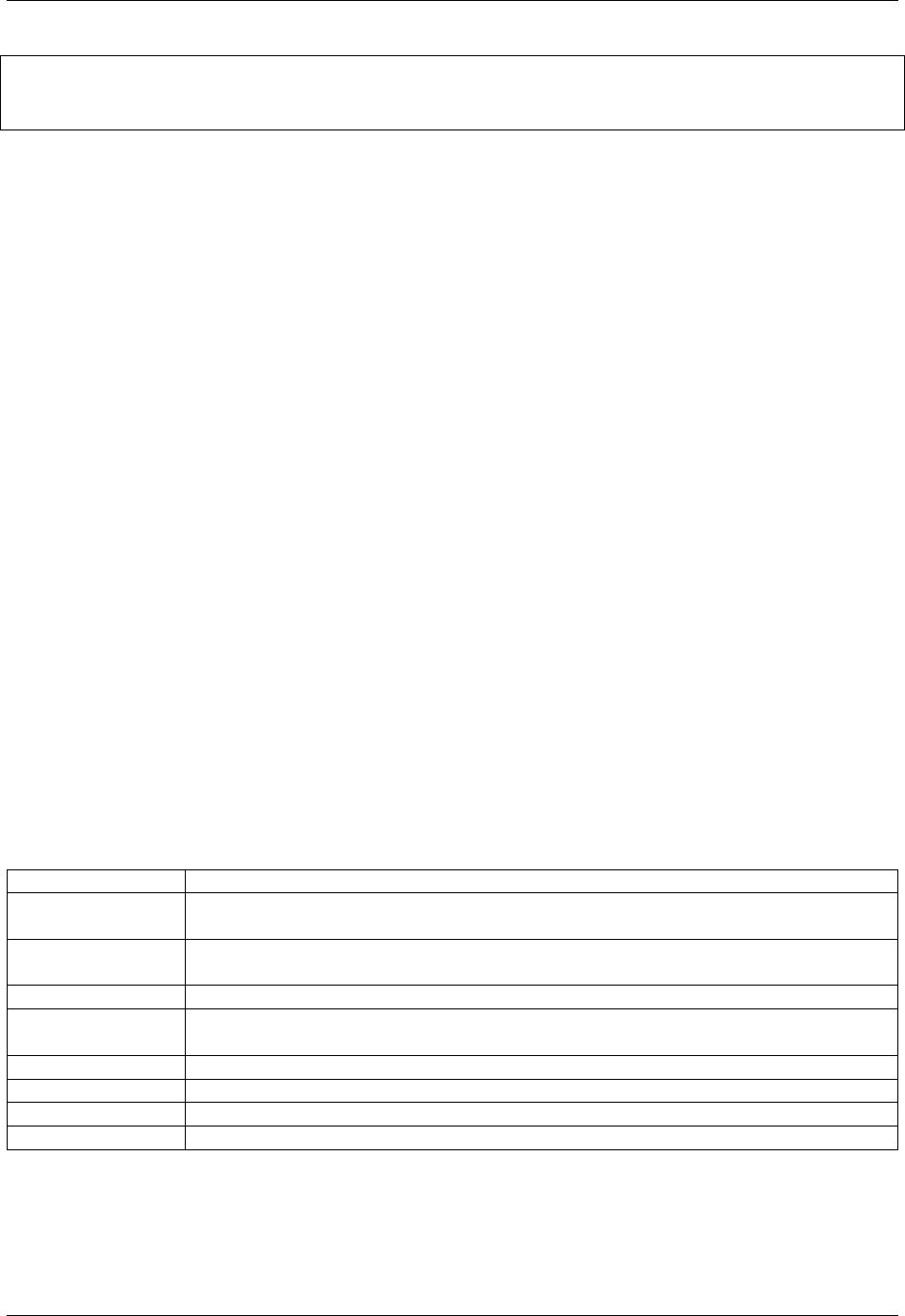
GeoServer User Manual, Release 2.15.1
...
</TextSymbolizer>
...
8.4.2 Performance implications
Using filter functions in SLD symbolizer expressions does not have significant overhead, unless the function
is performing very heavy computation.
However, using functions in WFS filtering or SLD rule expressions may cause performance issues in certain
cases. This is usually because specific filter functions are not recognized by a native data store filter encoder,
and thus GeoServer must execute the functions in memory instead.
For example, given a filter like BBOX(geom,-10,30,20,45) and geometryType(geom) = 'Point'
most data stores will split the filter into two separate parts. The bounding box filter will be encoded as a
primary filter and executed in SQL, while the geometryType function will be executed in memory on the
results coming from the primary filter.
8.5 Filter Function Reference
This reference describes all filter functions that can be used in WFS/WMS filtering or in SLD expressions.
The list of functions available on a GeoServer instance can be determined by browsing to http://localhost:
8080/geoserver/wfs?request=GetCapabilities and searching for ogc:FunctionNames in the returned
XML. If a function is described in the Capabilities document but is not in this reference, then it might
mean that the function cannot be used for filtering, or that it is new and has not been documented. Ask for
details on the user mailing list.
Unless otherwise specified, none of the filter functions in this reference are understood natively by the data
stores, and thus expressions using them will be evaluated in-memory.
8.5.1 Function argument type reference
Type Description
Double Floating point number, 8 bytes, IEEE 754. Ranges from 4.94065645841246544e-324d
to 1.79769313486231570e+308d
Float Floating point number, 4 bytes, IEEE 754. Ranges from 1.40129846432481707e-45 to
3.40282346638528860e+38. Smaller range and less accurate than Double.
Integer Integer number, ranging from -2,147,483,648 to 2,147,483,647
Long Integer number, ranging from -9,223,372,036,854,775,808 to
+9,223,372,036,854,775,807
Number A numeric value of any type
Object A value of any type
String A sequence of characters
Timestamp Date and time information
1240 Chapter 8. Filtering
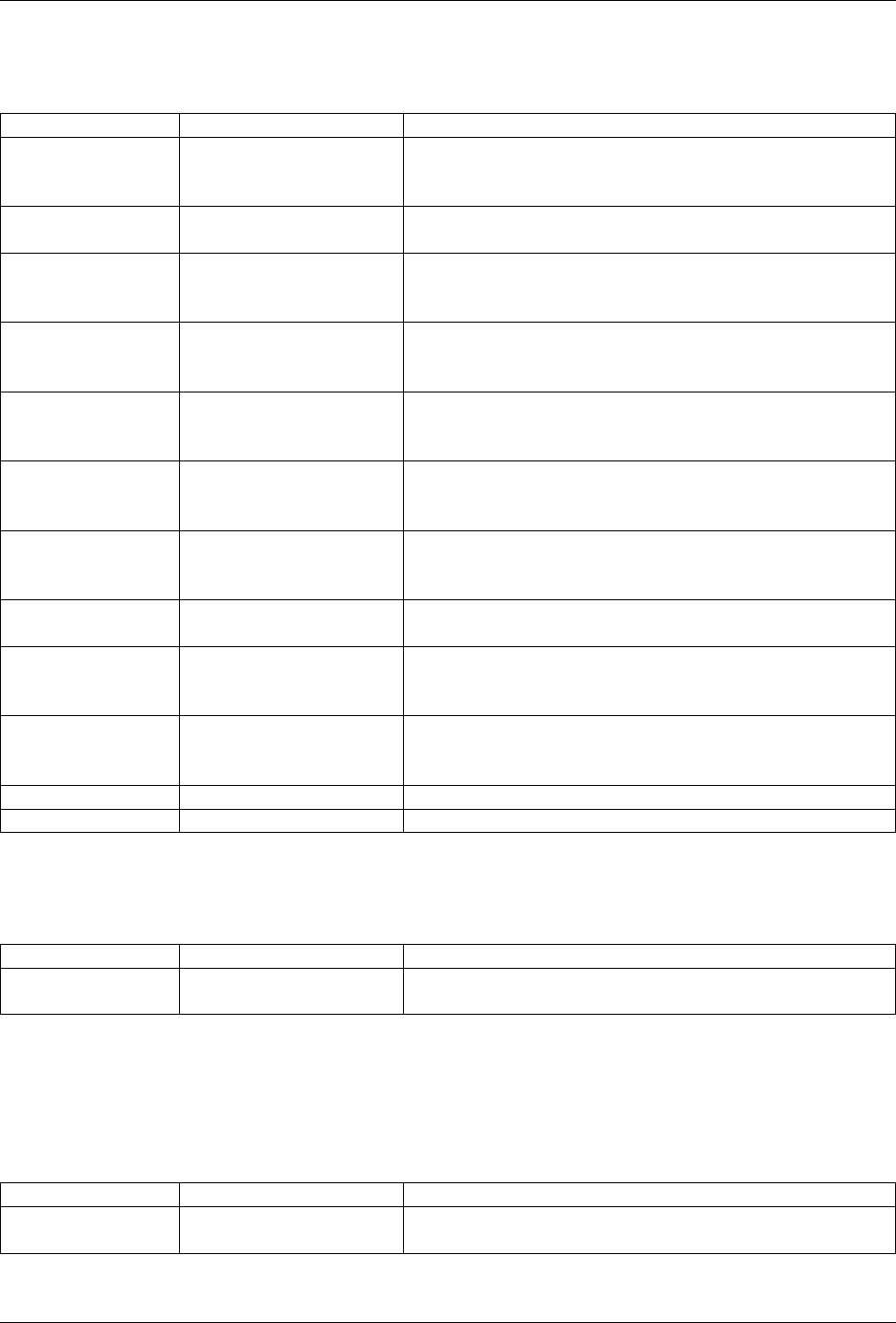
GeoServer User Manual, Release 2.15.1
8.5.2 Comparison functions
Name Arguments Description
between num:Number,
low:Number,
high:Number
returns true if low <= num <= high
equalTo a:Object, b:Object Can be used to compare for equality two numbers, two
strings, two dates, and so on
greaterEqualThan x:Object, y:Object Returns true if x>= y. Parameters can be either numbers
or strings (in the second case lexicographic ordering is
used)
greaterThan x:Object, y:Object Returns true if x>y. Parameters can be either numbers
or strings (in the second case lexicographic ordering is
used)
in2, in3, in4, in5,
in6, in7, in8, in9,
in10
candidate:Object,
v1:Object, . . . ,
v9:Object
Returns true if candidate is equal to one of the v1,...,
v9 values. Use the function name matching the number
of arguments specified.
in candidate:Object,
v1:Object, v2:Object,
...
Works exactly the same as the in2, . . . , in10 functions de-
scribed above, but takes any number of values as input.
isLike string:String,
pattern:String
Returns true if the string matches the specified pattern.
For the full syntax of the pattern specification see the
Java Pattern class javadocs
isNull obj:Object Returns true the passed parameter is null, false other-
wise
lessThan x:Object, y:Object Returns true if x<y. Parameters can be either numbers
or strings (in the second case lexicographic ordering is
used
lessEqualThan x:Object, y:Object Returns true if x<= y. Parameters can be either numbers
or strings (in the second case lexicographic ordering is
used
not bool:Boolean Returns the negation of bool
notEqual x:Object, y:Object Returns true if xand yare equal, false otherwise
8.5.3 Control functions
Name Arguments Description
if_then_else condition:Boolean,
x:Object, y: Object
Returns xif the condition is true, yotherwise
8.5.4 Environment function
This function returns the value of environment variables defined in various contexts. Contexts which define
environment variables include SLD rendering and the WMS Animator.
Name Arguments Description
env variable:String Returns the value of the environment variable
variable.
8.5. Filter Function Reference 1241
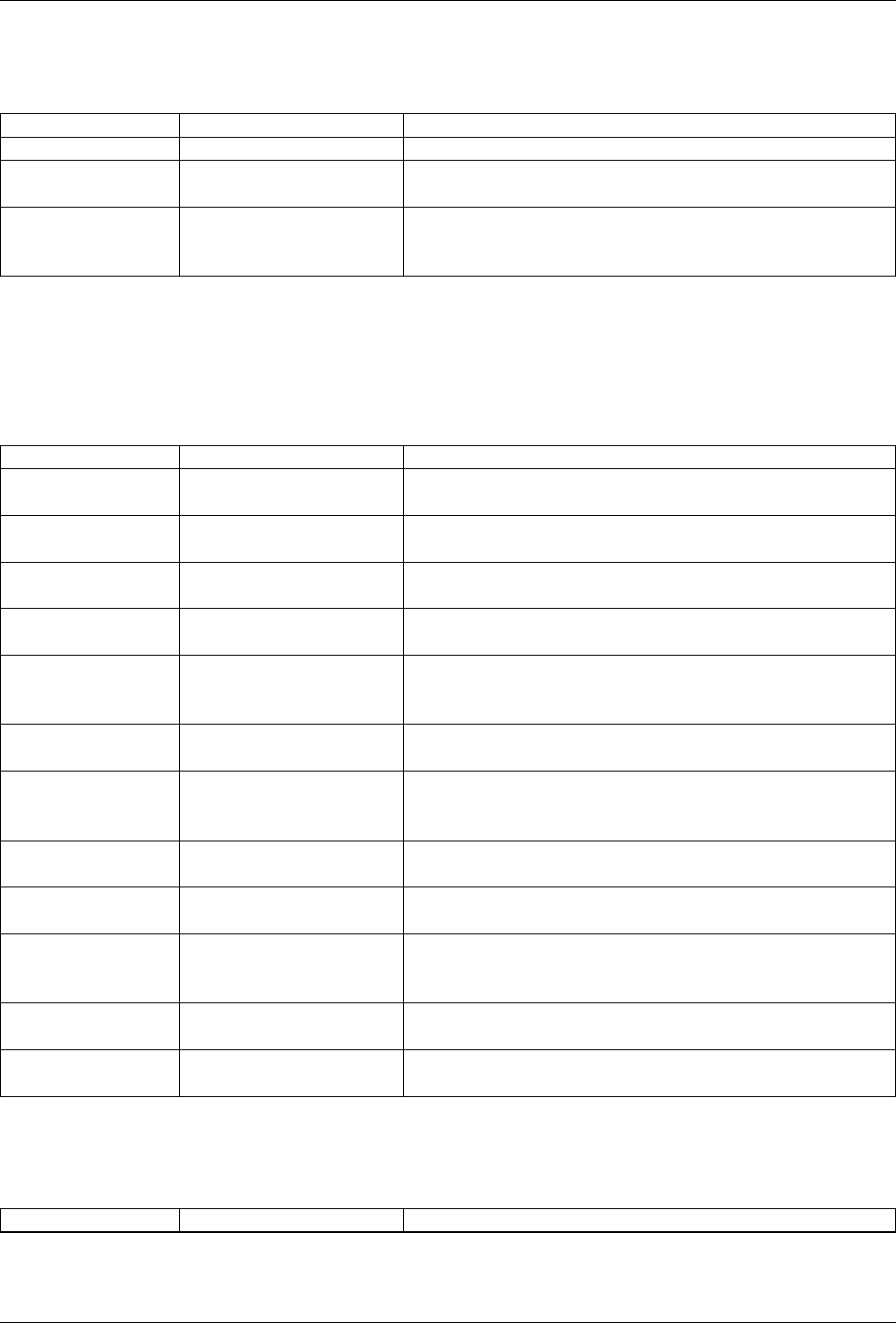
GeoServer User Manual, Release 2.15.1
8.5.5 Feature functions
Name Arguments Description
id feature:Feature returns the identifier of the feature
PropertyExists f:Feature,
propertyName:String
Returns true if fhas a property named
propertyName
property f:Feature,
propertyName:String
Returns the value of the property propertyName. Al-
lows property names to be computed or specified by
Variable substitution in SLD.
8.5.6 Spatial Relationship functions
For more information about the precise meaning of the spatial relationships consult the OGC Simple Feature
Specification for SQL
Name Arguments Description
contains a:Geometry,
b:Geometry
Returns true if the geometry acontains b
crosses a:Geometry,
b:Geometry
Returns true if acrosses b
disjoint a:Geometry,
b:Geometry
Returns true if the two geometries are disjoint, false oth-
erwise
equalsExact a:Geometry,
b:Geometry
Returns true if the two geometries are exactly equal,
same coordinates in the same order
equalsExactTolerancea:Geometry,
b:Geometry,
tol:Double
Returns true if the two geometries are exactly equal,
same coordinates in the same order, allowing for a tol
distance in the corresponding points
intersects a:Geometry,
b:Geometry
Returns true if aintersects b
isWithinDistance a: Geome-
try, b:Geometry,
distance: Double
Returns true if the distance between aand bis less than
distance (measured as an euclidean distance)
overlaps a: Geometry,
b:Geometry
Returns true aoverlaps with b
relate a: Geometry,
b:Geometry
Returns the DE-9IM intersection matrix for aand b
relatePattern a: Geome-
try, b:Geometry,
pattern:String
Returns true if the DE-9IM intersection matrix for aand
bmatches the specified pattern
touches a: Geometry, b: Geom-
etry
Returns true if atouches baccording to the SQL simple
feature specification rules
within a: Geometry,
b:Geometry
Returns true is fully contained inside b
8.5.7 Geometric functions
Name Arguments Description
Continued on next page
1242 Chapter 8. Filtering
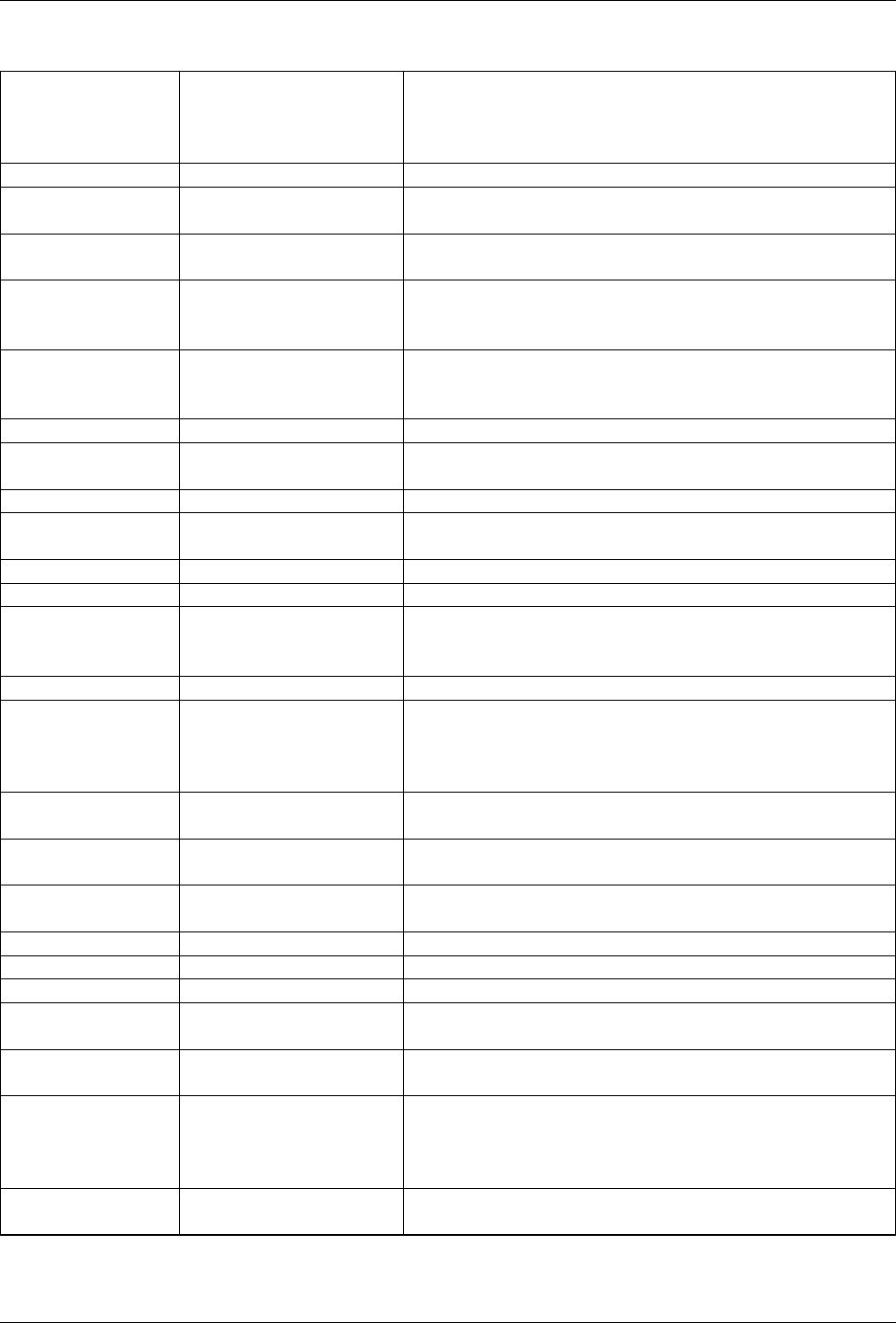
GeoServer User Manual, Release 2.15.1
Table 8.1 – continued from previous page
area geometry:Geometry The area of the specified geometry. Works in a Cartesian
plane, the result will be in the same unit of measure as
the geometry coordinates (which also means the results
won’t make any sense for geographic data)
boundary geometry:Geometry Returns the boundary of a geometry
boundaryDimension geometry:Geometry Returns the number of dimensions of the geometry
boundary
buffer geometry:Geometry,
distance:Double
Returns the buffered area around the geometry using
the specified distance
bufferWithSegments geometry:Geometry,
distance:Double,
segments:Integer
Returns the buffered area around the geometry using
the specified distance and using the specified number
of segments to represent a quadrant of a circle.
centroid geometry:Geometry Returns the centroid of the geometry. Can be often used
as a label point for polygons, though there is no guaran-
tee it will actually lie inside the geometry
convexHull geometry:Geometry Returns the convex hull of the specified geometry
difference a:Geometry,
b:Geometry
Returns all the points that sit in abut not in b
dimension a:Geometry Returns the dimension of the specified geometry
distance a:Geometry,
b:Geometry
Returns the euclidean distance between the two geome-
tries
endAngle line:LineString Returns the angle of the end segment of the linestring
endPoint line:LineString Returns the end point of the linestring
envelope geometry:geometry Returns the polygon representing the envelope of the
geometry, that is, the minimum rectangle with sides par-
allels to the axis containing it
exteriorRing poly:Polygon Returns the exterior ring of the specified polygon
geometryType geometry:Geometry Returns the type of the geometry as a string. May be
Point,MultiPoint,LineString,LinearRing,
MultiLineString,Polygon,MultiPolygon,
GeometryCollection
geomFromWKT wkt:String Returns the Geometry represented in the Well Known
Text format contained in the wkt parameter
geomLength geometry:Geometry Returns the length/perimeter of this geometry (com-
puted in Cartesian space)
getGeometryN collection:GeometryCollection,
n:Integer
Returns the n-th geometry inside the collection
getX p:Point Returns the xordinate of p
getY p:Point Returns the yordinate of p
getZ p:Point Returns the zordinate of p
interiorPoint geometry:Geometry Returns a point that is either interior to the geometry,
when possible, or sitting on its boundary, otherwise
interiorRingN polyg:Polygon,
n:Integer
Returns the n-th interior ring of the polygon
intersection a:Geometry,
b:Geometry
Returns the intersection between aand b. The intersec-
tion result can be anything including a geometry collec-
tion of heterogeneous, if the result is empty, it will be
represented by an empty collection.
isClosed line: LineString Returns true if line forms a closed ring, that is, if the
first and last coordinates are equal
Continued on next page
8.5. Filter Function Reference 1243
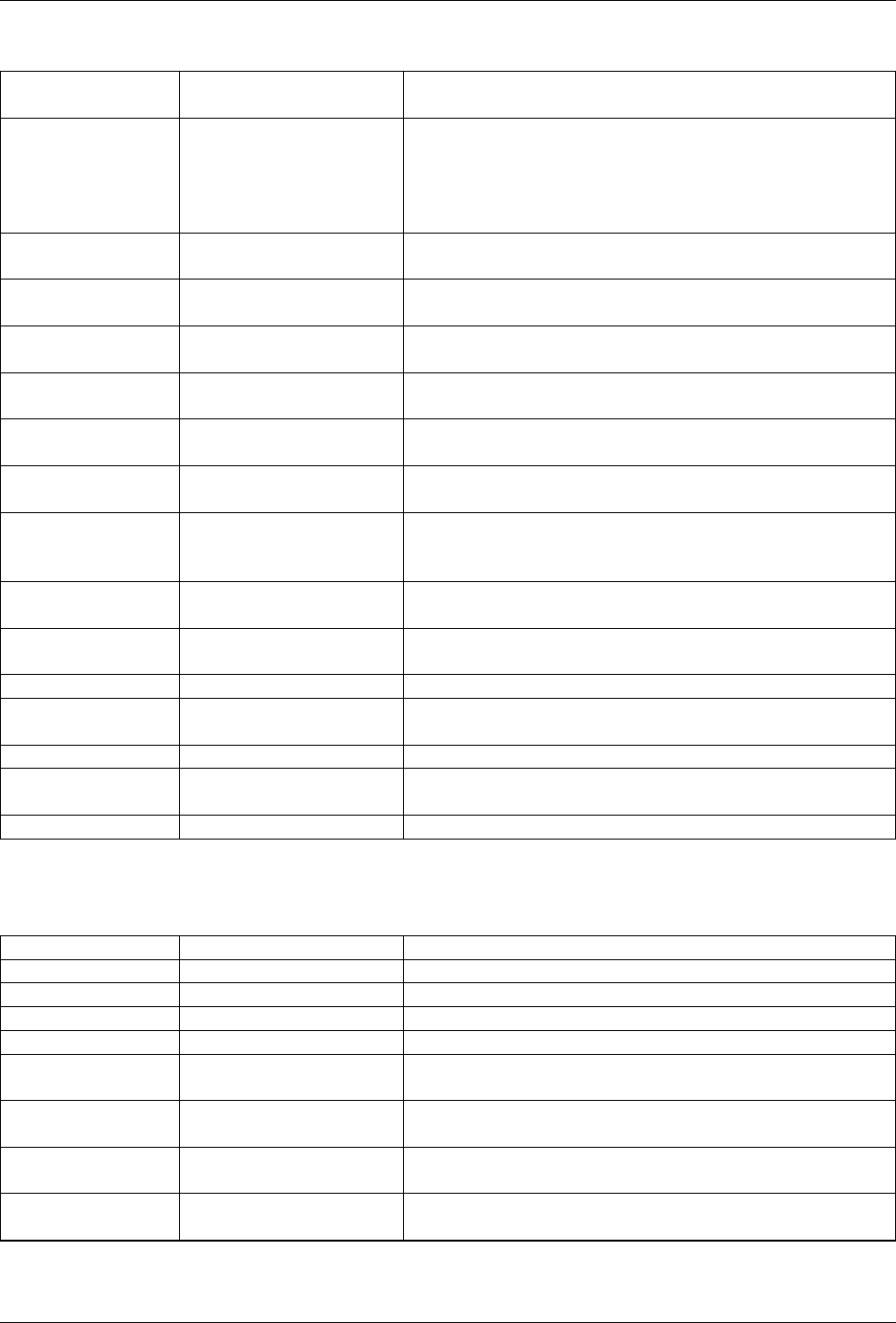
GeoServer User Manual, Release 2.15.1
Table 8.1 – continued from previous page
isEmpty geometry:Geometry Returns true if the geometry does not contain any point
(typical case, an empty geometry collection)
isometric geometry:Geometry,
extrusion:Double
Returns a MultiPolygon containing the isometric extru-
sions of all components of the input geometry. The ex-
trusion distance is extrusion, expressed in the same
unit as the geometry coordinates. Can be used to get a
pseudo-3d effect in a map
isRing line:LineString Returns true if the line is actually a closed ring (equiv-
alent to isRing(line) and isSimple(line))
isSimple line:LineString Returns true if the geometry self intersects only at
boundary points
isValid geometry: Geometry Returns true if the geometry is topologically valid (rings
are closed, holes are inside the hull, and so on)
numGeometries collection: Geome-
tryCollection
Returns the number of geometries contained in the ge-
ometry collection
numInteriorRing poly: Polygon Returns the number of interior rings (holes) inside the
specified polygon
numPoint geometry: Geometry Returns the number of points (vertexes) contained in
geometry
offset geometry: Geome-
try, offsetX:Double,
offsetY:Double
Offsets all points in a geometry by the specified X and
Y offsets. Offsets are working in the same coordinate
system as the geometry own coordinates.
pointN geometry: Geometry,
n:Integer
Returns the n-th point inside the specified geometry
startAngle line: LineString Returns the angle of the starting segment of the input
linestring
startPoint line: LineString Returns the starting point of the input linestring
symDifference a: Geometry,
b:Geometry
Returns the symmetrical difference between aand b(all
points that are inside aor b, but not both)
toWKT geometry: Geometry Returns the WKT representation of geometry
union a: Geometry,
b:Geometry
Returns the union of aand b(the result may be a geom-
etry collection)
vertices geom: Geometry Returns a multi-point made with all the vertices of geom
8.5.8 Math functions
Name Arguments Description
abs value:Integer The absolute value of the specified Integer value
abs_2 value:Long The absolute value of the specified Long value
abs_3 value:Float The absolute value of the specified Float value
abs_4 value:Double The absolute value of the specified Double value
acos angle:Double Returns the arc cosine of an angle in radians, in the
range of 0.0 through PI
asin angle:Double Returns the arc sine of an angle in radians, in the range
of -PI / 2 through PI / 2
atan angle:Double Returns the arc tangent of an angle in radians, in the
range of -PI/2 through PI/2
atan2 x:Double, y:Double Converts a rectangular coordinate (x, y) to polar (r,
theta) and returns theta.
Continued on next page
1244 Chapter 8. Filtering
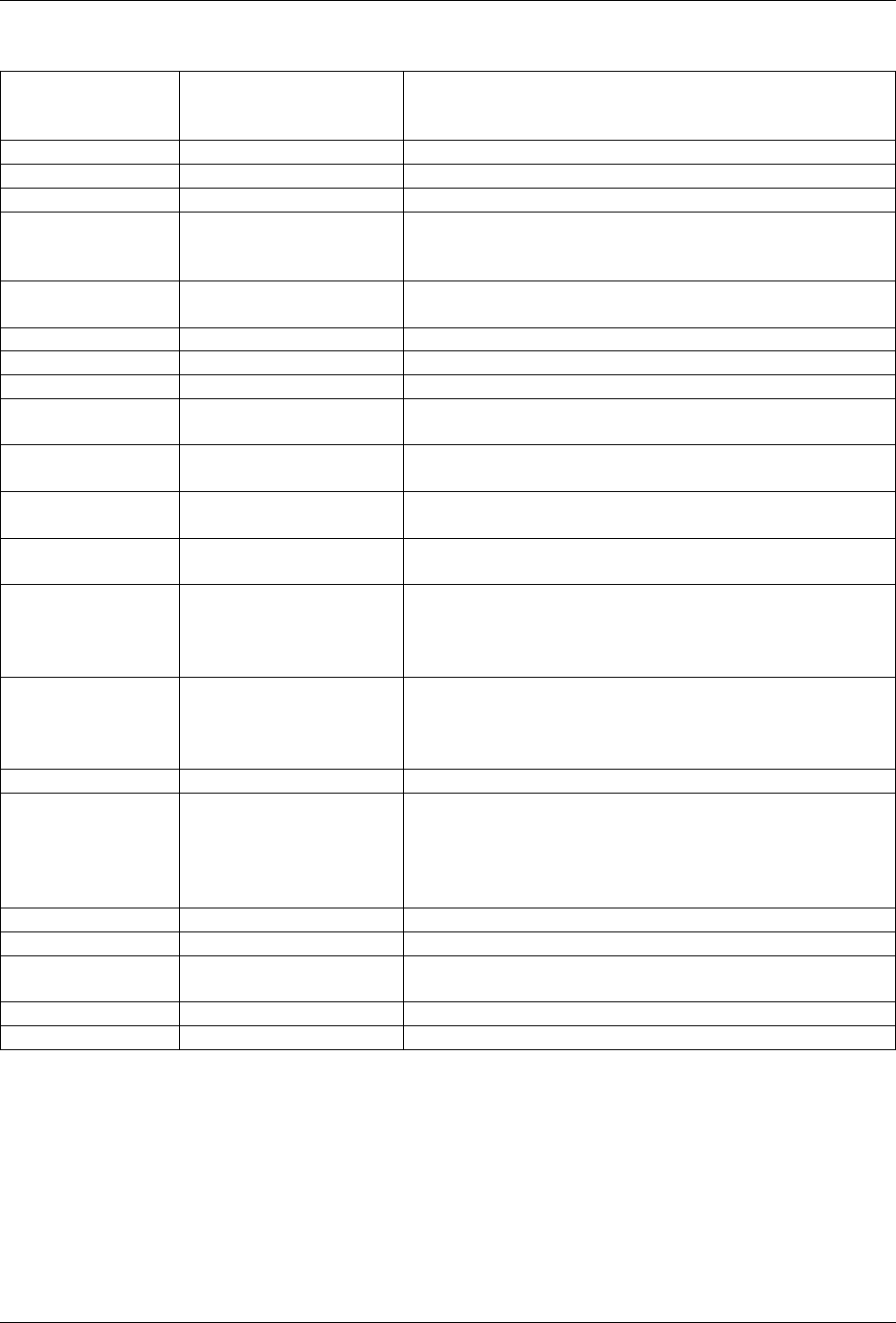
GeoServer User Manual, Release 2.15.1
Table 8.2 – continued from previous page
ceil x: Double Returns the smallest (closest to negative infinity) double
value that is greater than or equal to xand is equal to a
mathematical integer.
cos angle: Double Returns the cosine of an angle expressed in radians
double2bool x: Double Returns true if xis zero, false otherwise
exp x: Double Returns Euler’s number eraised to the power of x
floor x: Double Returns the largest (closest to positive infinity) value
that is less than or equal to xand is equal to a mathe-
matical integer
IEEERemainder x: Double, y:Double Computes the remainder of xdivided by yas prescribed
by the IEEE 754 standard
int2bbool x: Integer Returns true if xis zero, false otherwise
int2ddouble x: Integer Converts xto a Double
log x: Integer Returns the natural logarithm (base e) of x
max, max_3,
max_4
x1: Double, x2:Double,
x3:Double, x4:Double
Returns the maximum between x1,...,x4
min, min_3,
min_4
x1: Double, x2:Double,
x3:Double, x4:Double
Returns the minimum between x1,...,x4
pi None Returns an approximation of pi, the ratio of the circum-
ference of a circle to its diameter
pow base:Double,
exponent:Double
Returns the value of base raised to the power of
exponent
random None Returns a Double value with a positive sign, greater
than or equal to 0.0 and less than 1.0. Returned val-
ues are chosen pseudo-randomly with (approximately)
uniform distribution from that range.
rint x:Double Returns the Double value that is closest in value to the
argument and is equal to a mathematical integer. If two
double values that are mathematical integers are equally
close, the result is the integer value that is even.
round_2 x:Double Same as round, but returns a Long
round x:Double Returns the closest Integer to x. The result is rounded
to an integer by adding 1/2, taking the floor of the re-
sult, and casting the result to type Integer. In other
words, the result is equal to the value of the expression
(int)floor(a + 0.5)
roundDouble x:Double Returns the closest Long to x
sin angle: Double Returns the sine of an angle expressed in radians
tan angle:Double Returns the trigonometric tangent of angle expressed
in radians
toDegrees angle:Double Converts an angle expressed in radians into degrees
toRadians angle:Double Converts an angle expressed in radians into degrees
8.5.9 String functions
String functions generally will accept any type of value for String arguments. Non-string values will be
converted into a string representation automatically.
8.5. Filter Function Reference 1245
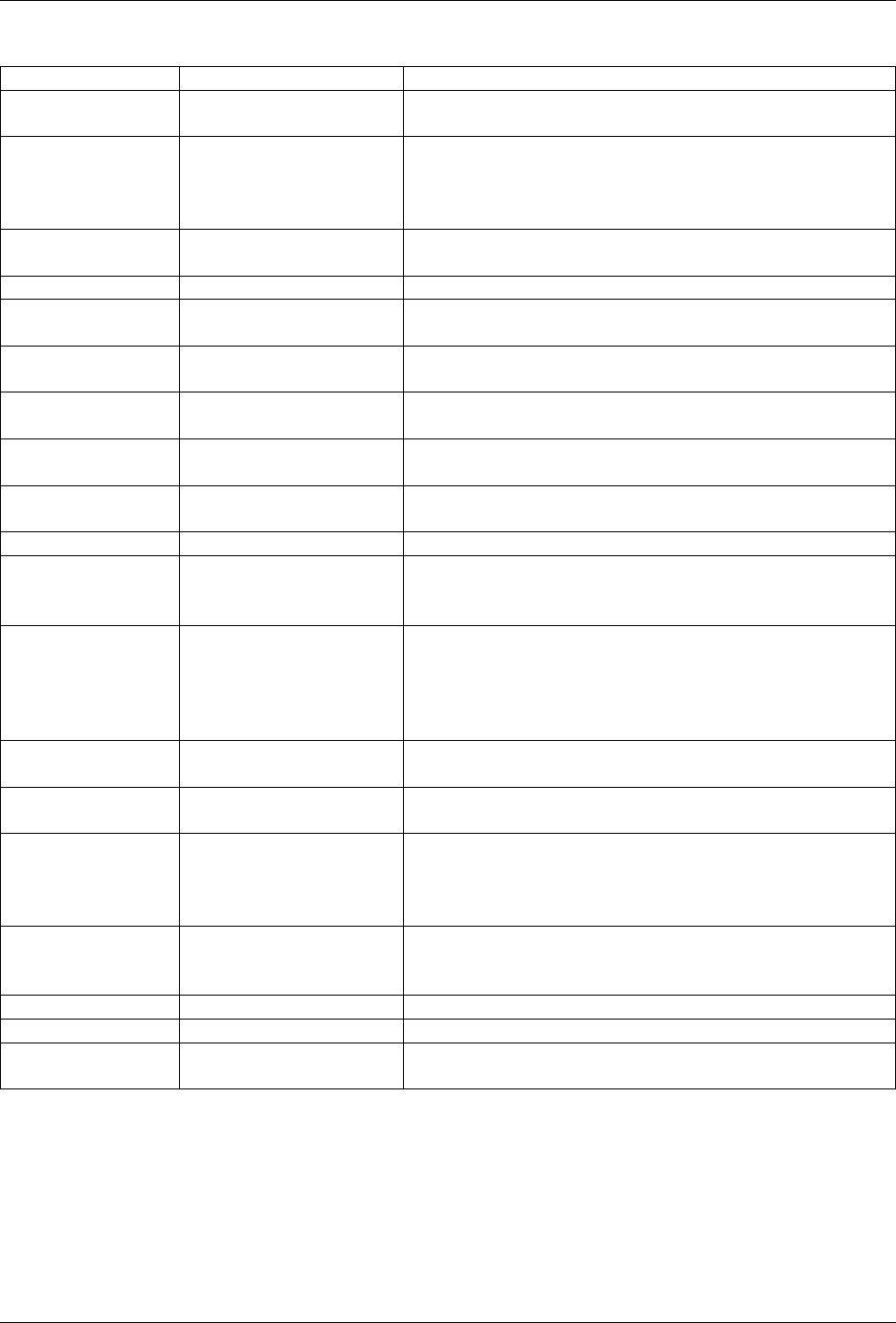
GeoServer User Manual, Release 2.15.1
Name Arguments Description
Concatenate s1:String, s2:String, . . . Concatenates any number of strings. Non-string argu-
ments are allowed.
strAbbreviate sentence:String,
lower:Integer,
upper:Integer,
append:String
Abbreviates the sentence at first space beyond lower
(or at upper if no space). Appends append if string is
abbreviated.
strCapitalize sentence:String Fully capitalizes the sentence. For example, “HoW aRe
YOU?” will be turned into “How Are You?”
strConcat a:String, b:String Concatenates the two strings into one
strDefaultIfBlank str:String,
default:String
returns default if str is empty, blank or null
strEndsWith string:String,
suffix:String
Returns true if string ends with suffix
strEqualsIgnoreCase a:String, b:String Returns true if the two strings are equal ignoring case
considerations
strIndexOf string:String,
substring:String
Returns the index within this string of the first occur-
rence of the specified substring, or -1 if not found
strLastIndexOf string:String,
substring:String
Returns the index within this string of the last occur-
rence of the specified substring, or -1 if not found
strLength string:String Returns the string length
strMatches string:String,
pattern:String
Returns true if the string matches the specified regular
expression. For the full syntax of the pattern specifica-
tion see the Java Pattern class javadocs
strReplace string:String,
pattern:String,
replacement:String,
global: boolean
Returns the string with the pattern replaced with the
given replacement text. If the global argument is true
then all occurrences of the pattern will be replaced, oth-
erwise only the first. For the full syntax of the pattern
specification see the Java Pattern class javadocs
strStartsWith string:String,
prefix:String
Returns true if string starts with prefix
strStripAccents string:String Removes diacritics (~= accents) from a string. The case
will not be altered.
strSubstring string:String,
begin:Integer,
end:Integer
Returns a new string that is a substring of this string.
The substring begins at the specified begin and extends
to the character at index endIndex - 1 (indexes are
zero-based).
strSubstringStart string:String,
begin:Integer
Returns a new string that is a substring of this string.
The substring begins at the specified begin and extends
to the last character of the string
strToLowerCase string:String Returns the lower case version of the string
strToUpperCase string:String Returns the upper case version of the string
strTrim string:String Returns a copy of the string, with leading and trailing
white space omitted
1246 Chapter 8. Filtering
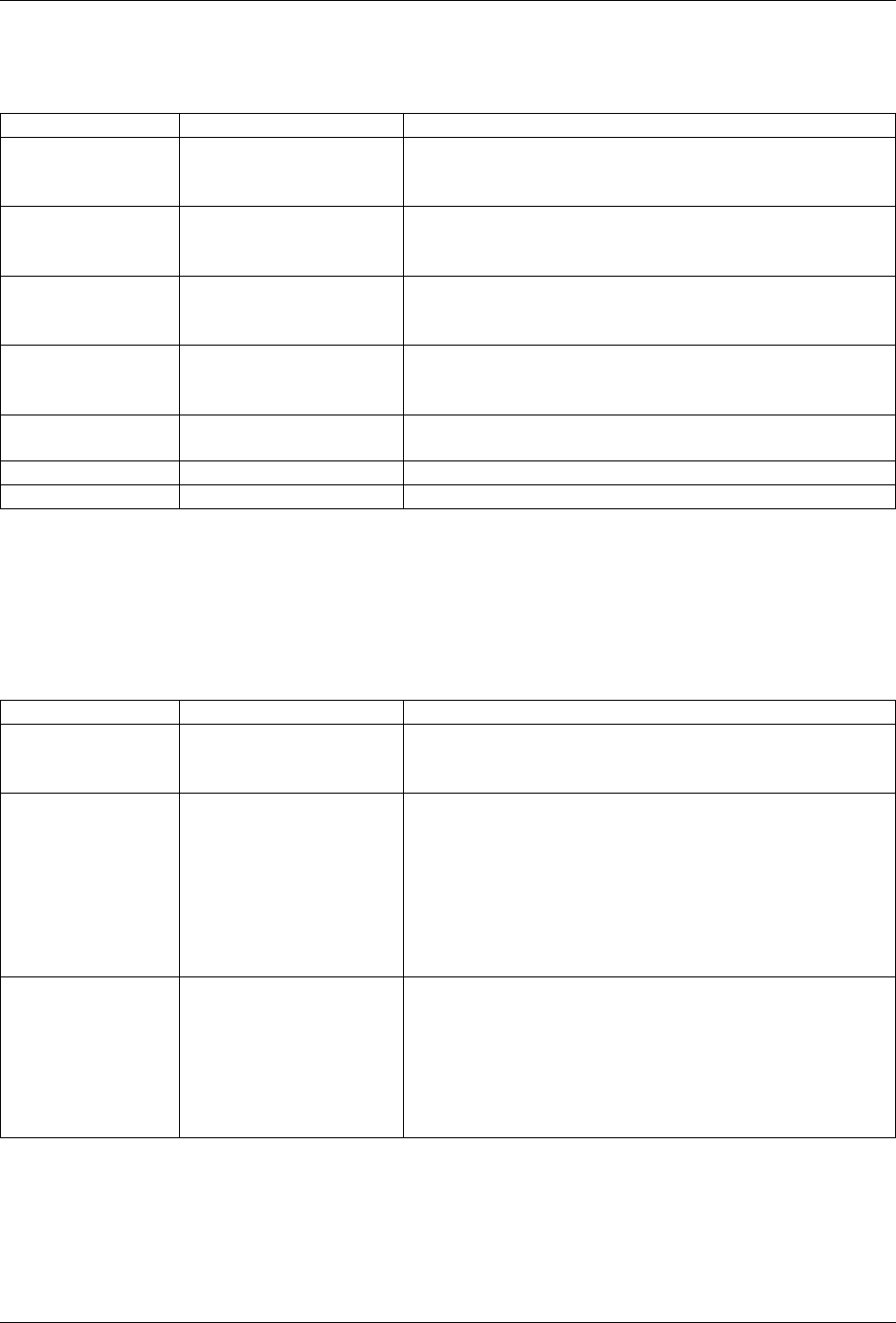
GeoServer User Manual, Release 2.15.1
8.5.10 Parsing and formatting functions
Name Arguments Description
dateFormat format:String,
date:Timestamp
Formats the specified date according to the provided
format. The format syntax can be found in the Java Sim-
pleDateFormat javadocs
dateParse format:String,
dateString:String
Parses a date from a dateString formatted according
to the format specification. The format syntax can be
found in the Java SimpleDateFormat javadocs
numberFormat format:String,
number:Double
Formats the number according to the specified format.
The format syntax can be found in the Java DecimalFor-
mat javadocs
parseBoolean boolean:String Parses a string into a boolean. The empty string, f,0.0
and 0are considered false, everything else is considered
true.
parseDouble number:String Parses a string into a double. The number can be ex-
pressed in normal or scientific form.
parseInt number:String Parses a string into an integer.
parseLong number:String Parses a string into a long integer
8.5.11 Transformation functions
Transformation functions transform values from one data space into another. These functions provide a
concise way to compute styling parameters from feature attribute values. See also Styling using Transforma-
tion Functions.
Name Arguments Description
Recode lookupValue:Object,
data:Object,
value:Object, . . .
Transforms a lookupValue from a set of discrete data
values into another set of values. Any number of
data/value pairs may be specified.
Categorize lookupValue:Object,
value:Object,
threshold:Object, . . .
value:Object,
belongsTo : String
Transforms a continuous-valued attribute value into
a set of discrete values. lookupValue and value
must be an orderable type (typically numeric). The
initial value is required. Any number of addi-
tional threshold/value pairs may be specified.
belongsTo is optional, with the value succeeding or
preceding. It defines which interval to use when the
lookup value equals a threshold value.
Interpolate lookupValue:Numeric,
data:Numeric,
value:Numeric or
#RRGGBB, . . .
mode:String,
method:String
Transforms a continuous-valued attribute value into an-
other continuous range of values. Any number of
data/value pairs may be specified. mode is optional,
with the value linear,cosine or cubic. It defines the
interpolation algorithm to use. method is optional, with
the value numeric or color. It defines whether the tar-
get values are numeric or RGB color specifications.
8.5. Filter Function Reference 1247

GeoServer User Manual, Release 2.15.1
1248 Chapter 8. Filtering

CHAPTER 9
Server configuration
This page will detail how to set various configuration options in GeoServer as well as test out the services
in GeoServer.
9.1 Status
The Server Status page has two tabs to summarize the current status of GeoServer. The Status tab provides
a summary of server configuration parameters and run-time status. The modules tab provides the status
of the various modules installed on the server. This page provides a useful diagnostic tool in a testing
environment.
9.1.1 Server Status
Status Field Descriptions
The following table describes the current status indicators.
1249
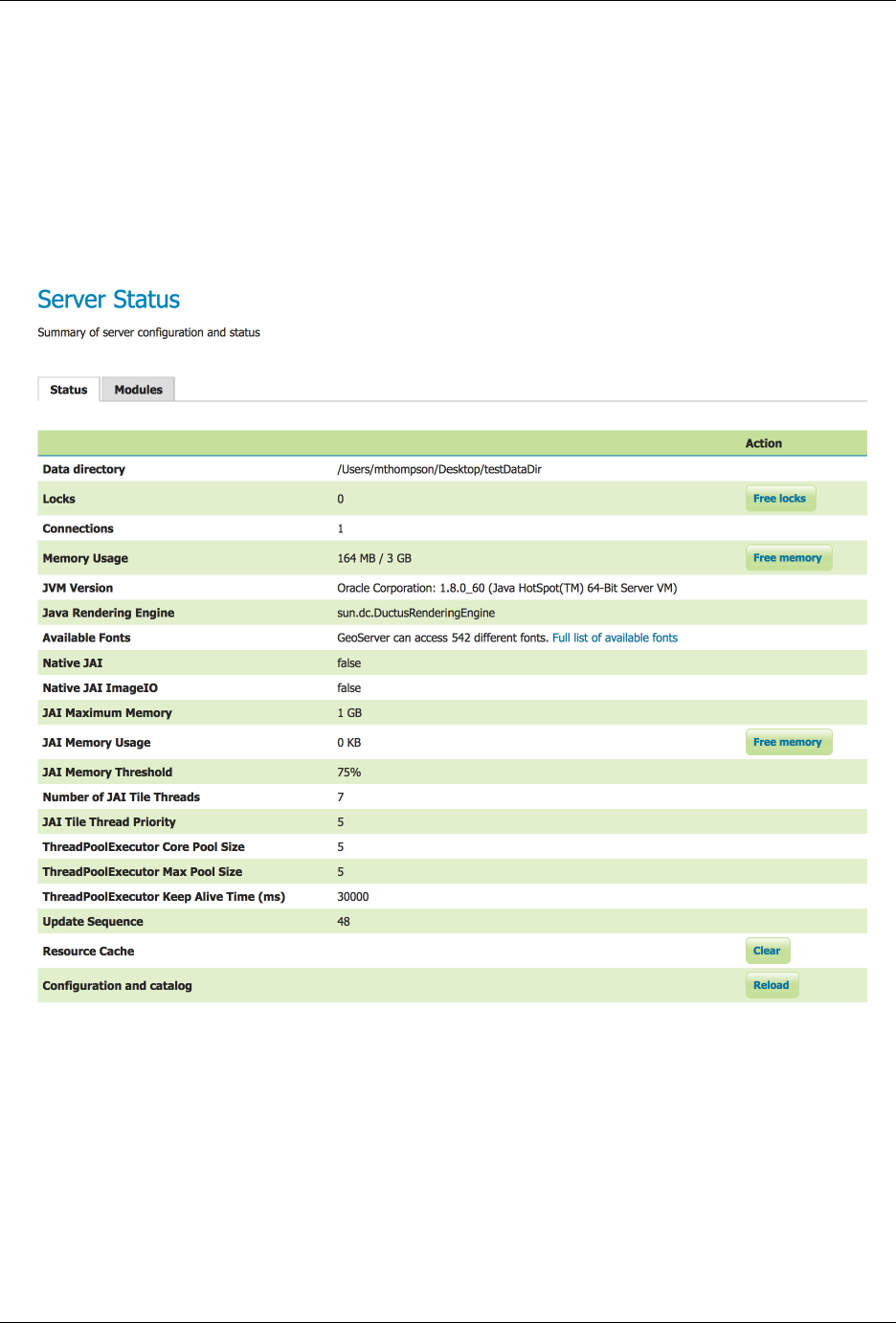
GeoServer User Manual, Release 2.15.1
Fig. 9.1: Status Page (default tab)
1250 Chapter 9. Server configuration
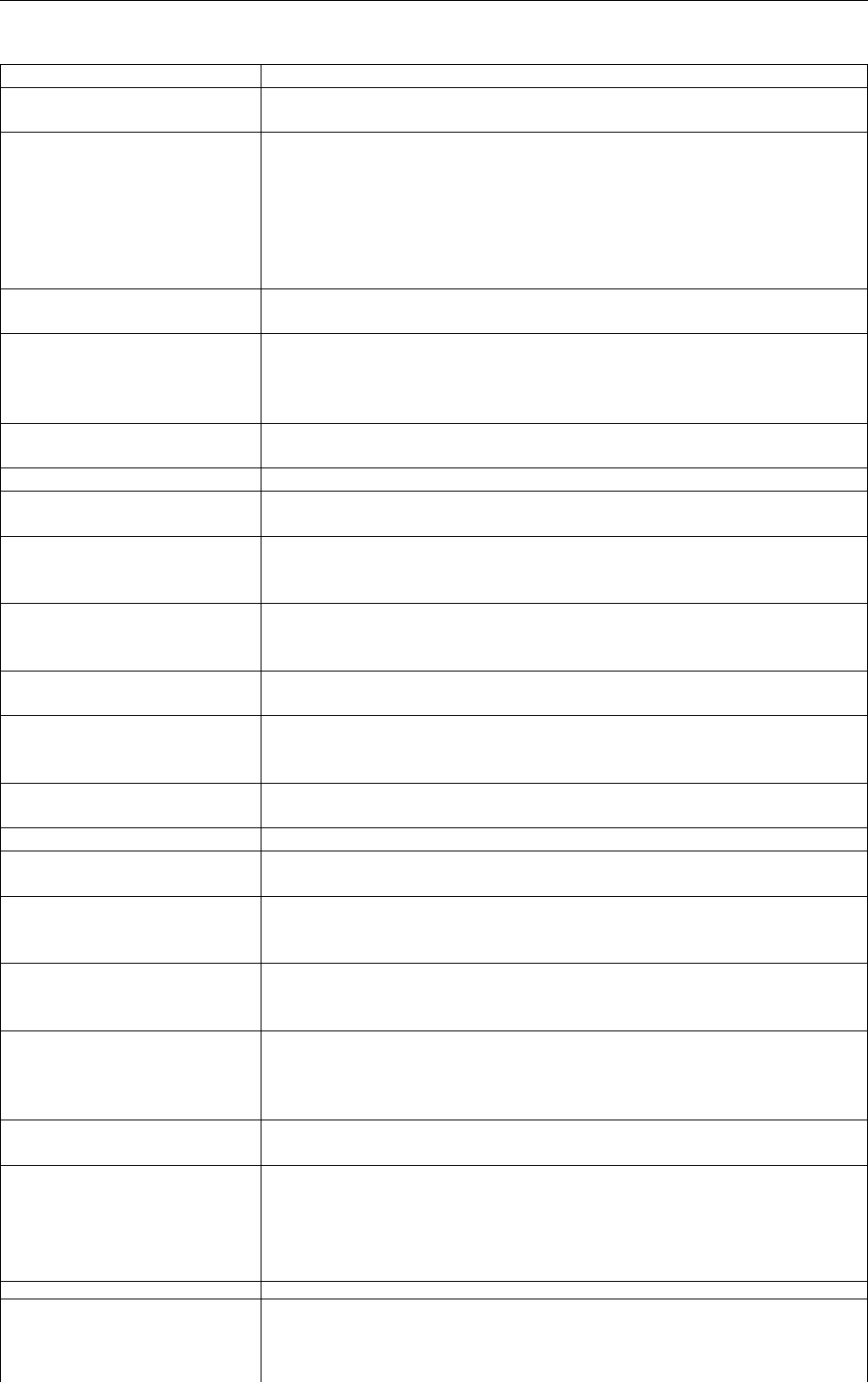
GeoServer User Manual, Release 2.15.1
Option Description
Data directory Shows the path to the GeoServer data directory
(GEOSERVER_DATA_DIR property).
Locks A WFS has the ability to lock features to prevent more than one person
from updating the feature at one time. If data is locked, edits can be per-
formed by a single WFS editor. When the edits are posted, the locks are
released and features can be edited by other WFS editors. A zero in the
locks field means all locks are released. If locks is non-zero, then press-
ing “free locks,” releases all feature locks currently help by the server,
and updates the field value to zero.
Connections Refers to the numbers of vector stores, in the above case 4, that were able
to connect.
Memory Usage The amount of memory current used by GeoServer. In the above exam-
ple, 118 MB of memory out of a total of 910 MB is being used. Clicking
on the “Free Memory” button, cleans up memory marked for deletion
by running the garbage collector.
JVM Version Denotes which version of the JVM (Java Virtual Machine) is been used
to power the server. Here the JVM is Oracle Corporation.: 1.8.0_60.
Java Rendering Engine Shows the rendering engine used for vector operations.
Available Fonts Shows the number of fonts available. Selecting the link will show the
full list.
Native JAI GeoServer uses Java Advanced Imaging (JAI) framework for image ren-
dering and coverage manipulation. When properly installed (true), JAI
makes WCS and WMS performance faster and more efficient.
Native JAI ImageIO GeoServer uses JAI Image IO (JAI) framework for raster data loading
and image encoding. When properly installed (true), JAI Image I/O
makes WCS and WMS performance faster and more efficient.
JAI Maximum Memory Expresses in bytes the amount of memory available for tile cache, in this
case 455 Mbytes.
JAI Memory Usage Run-time amount of memory is used for the tile cache. Clicking on the
“Free Memory” button, clears available JAI memory by running the tile
cache flushing.
JAI Memory Threshold Refers to the percentage, e.g. 75, of cache memory to retain during tile
removal.
Number of JAI Tile Threads The number of parallel threads used by the scheduler to handle tiles.
JAI Tile Thread Priority Schedules the global tile scheduler priority. The priority value defaults
to 5, and must fall between 1 and 10.
ThreadPoolExecutor Core
Pool Size
Number of threads that the ThreadPoolExecutor will create. This is un-
derlying Java runtime functionality - see the Java documentation for
ThreadPoolExecutor for more information.
ThreadPoolExecutor Max
Pool Size
Maximum number of threads that the ThreadPoolExecutor will create.
This is underlying Java runtime functionality - see the Java documenta-
tion for ThreadPoolExecutor for more information.
ThreadPoolExecutor Keep
Alive Time (ms)
Timeout for threads to be terminated if they are idle and more than the
core pool number exist. This is underlying Java runtime functionality -
see the Java documentation for ThreadPoolExecutor for more informa-
tion.
Update Sequence Refers to the number of times (426) the server configuration has been
modified.
Resource cache GeoServer does not cache data, but it does cache connection to
stores, feature type definitions, external graphics, font definitions and
CRS definitions as well. The “Clear” button forces those caches
empty and makes GeoServer reopen the stores and re-read image
and font information, as well as the custom CRS definitions stored in
${GEOSERVER_DATA_DIR}/user_projections/epsg.properties.
Configuration and catalog GeoServer keeps in memory all of its configuration data. If for any rea-
son that configuration information has become stale (e.g., an external
utility has modified the configuration on disk) the “Reload” button will
force GeoServer to reload all of its configuration from disk.
9.1. Status 1251
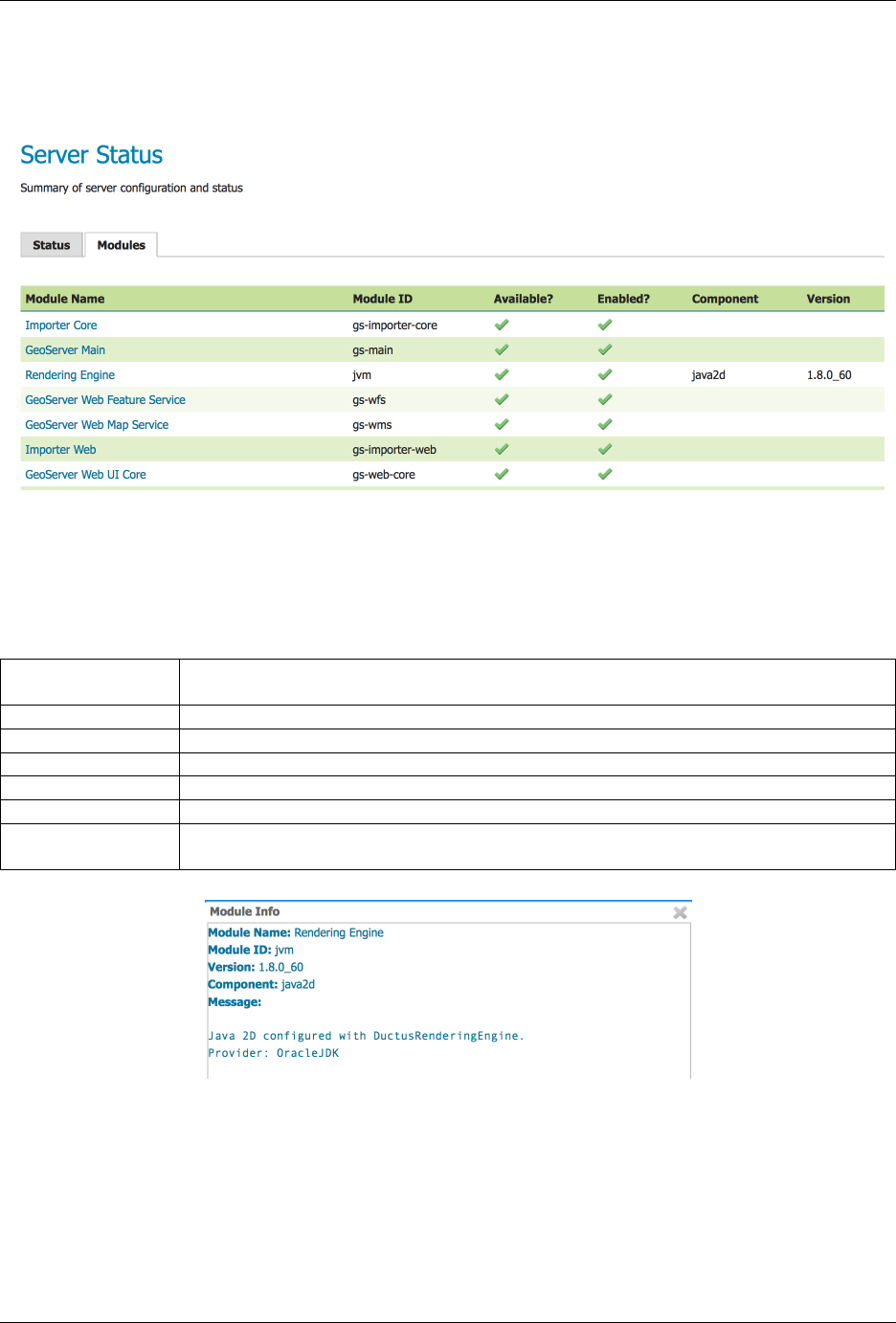
GeoServer User Manual, Release 2.15.1
9.1.2 Module Status
The modules tab provides a summary of the status of all installed modules in the running server.
Fig. 9.2: Module Status
Module Status Field Descriptions
Module Name The human readable name of the module, this links to a popup containing the full
details and messages of the module
Module ID The internal package name of the module
Available? Whether the module is available to GeoServer
Enabled? Whether the module is enabled in the current GeoServer configuration
Component (Optional) Optional component identifier within the module
Version (Optional) The version of the installed module
Message (popup) (Optional) status message such as what Java rendering engine is in use, or the li-
brary path if the module/driver is unavailable
Fig. 9.3: Module Status popup
9.2 Contact Information
The Contact Information is used in the Capabilities document of the WMS server, and is publicly accessible.
Please complete this form with the relevant information.
1252 Chapter 9. Server configuration
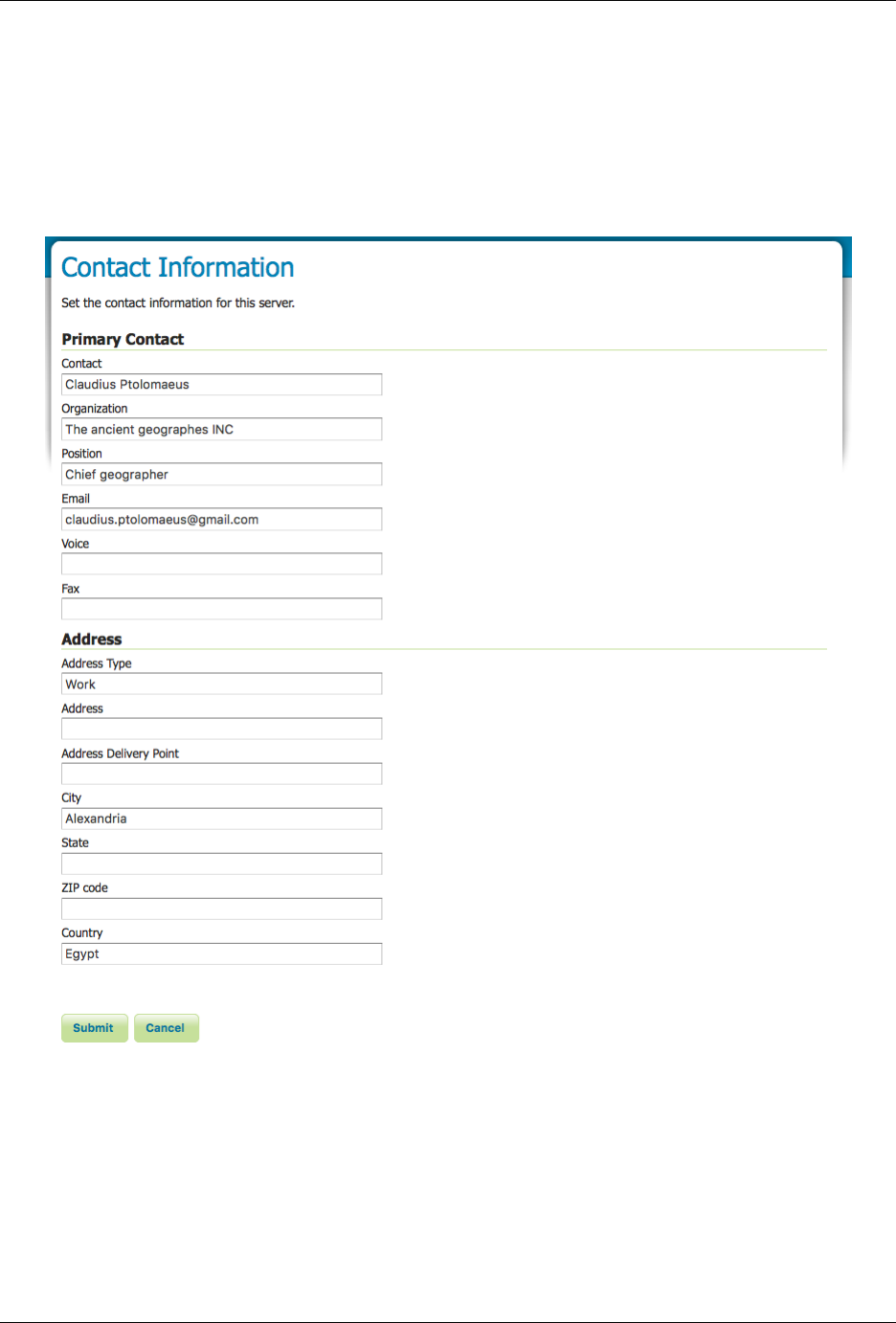
GeoServer User Manual, Release 2.15.1
Fig. 9.4: Contact Page
9.2. Contact Information 1253
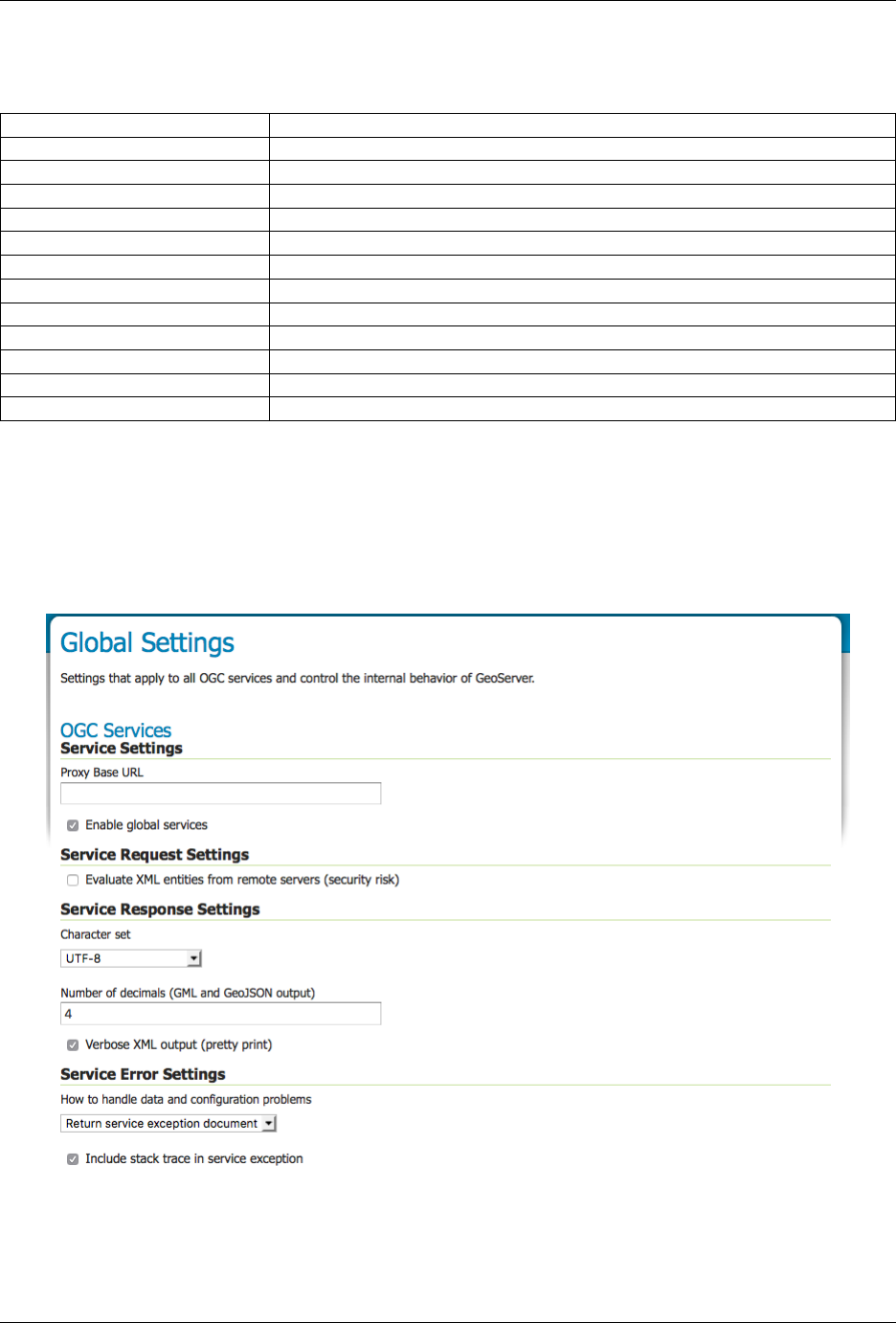
GeoServer User Manual, Release 2.15.1
9.2.1 Contact Information Fields
Field Description
Contact Contact information for webmaster
Organization Name of the organization with which the contact is affiliated
Position Position of the contact within their organization
Email Contact email address
Telephone Contact phone number
Fax Contact Fax number
Address Type Type of address specified, such as postal
Address Actual street address
City City of the address
State State or province of the address
Zip code Postal code for the address
Country Country of the address
9.3 Global Settings
The Global Setting page configures messaging, logging, character, and proxy settings for the entire server.
Global Settings are used to configure how OGC Web Services function.
Fig. 9.5: Global Settings Service Configuration
Global Settings are also used to control the GeoServer application as a whole.
1254 Chapter 9. Server configuration
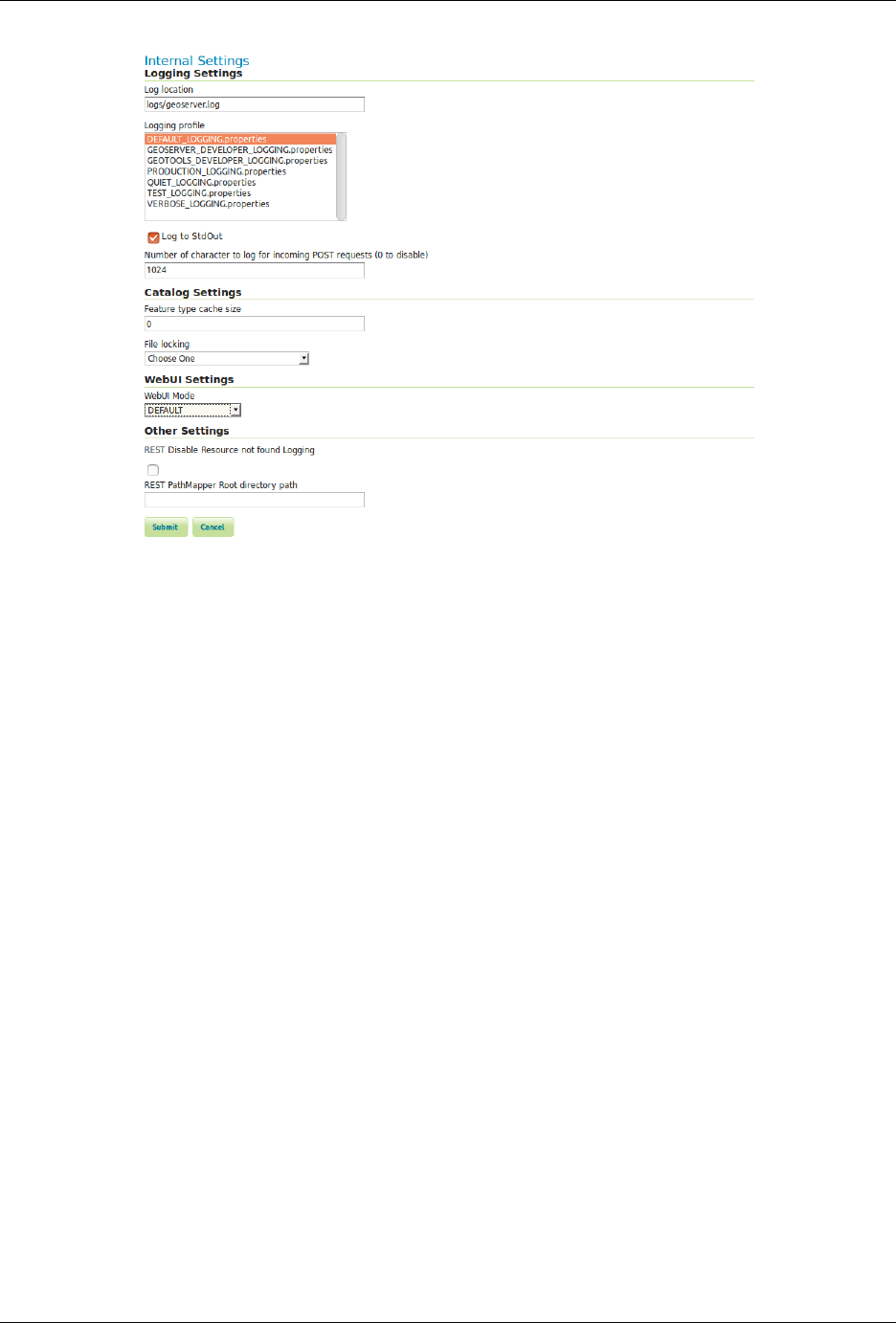
GeoServer User Manual, Release 2.15.1
Fig. 9.6: Global Settings Internal Configuration
9.3.1 Verbose Messages
Verbose Messages, when enabled, will cause GeoServer to return XML with newlines and indents. Because
such XML responses contain a larger amount of data, and in turn requires a larger amount of bandwidth, it
is recommended to use this option only for testing purposes.
9.3.2 Verbose Exception Reporting
Verbose Exception Reporting returns service exceptions with full Java stack traces. It writes to the
GeoServer log file and offers one of the most useful configuration options for debugging. When disabled,
GeoServer returns single-line error messages.
9.3.3 Enable Global Services
When enabled, allows access to both global services and virtual services. When disabled, clients will only be
able to access virtual services. Disabling is useful if GeoServer is hosting a large amount of layers and you
want to ensure that client always request limited layer lists. Disabling is also useful for security reasons.
9.3.4 Handle data and configuration problems
This setting determines how GeoServer will respond when a layer becomes inaccessible for some reason.
By default, when a layer has an error (for example, when the default style for the layer is deleted), a service
exception is printed as part of the capabilities document, making the document invalid. For clients that rely
on a valid capabilities document, this can effectively make a GeoServer appear to be “offline”.
9.3. Global Settings 1255

GeoServer User Manual, Release 2.15.1
An administrator may prefer to configure GeoServer to simply omit the problem layer from the capabilities
document, thus retaining the document integrity and allowing clients to connect to other published layers.
There are two options:
OGC_EXCEPTION_REPORT: This is the default behavior. Any layer errors will show up as Service Ex-
ceptions in the capabilities document, making it invalid.
SKIP_MISCONFIGURED_LAYERS: With this setting, GeoServer will elect simply to not describe the problem layer at all, removing it from the capabilities document, and preserving the integrity of the rest of the document. Note that having a layer “disappear” may cause other errors in client functionality.
This is the default setting starting with GeoServer 2.11 and allows for faster startups, as the stores
connectivity does not need to be checked in advance.
9.3.5 Number of Decimals
Refers to the number of decimal places returned in a GetFeature response. Also useful in optimizing band-
width. Default is 8.
9.3.6 Character Set
Specifies the global character encoding that will be used in XML responses. Default is UTF-8, which is
recommended for most users. A full list of supported character sets is available on the IANA Charset
Registry.
9.3.7 Proxy Base URL
GeoServer can have the capabilities documents report a proxy properly. “The Proxy Base URL” field is the
base URL seen beyond a reverse proxy.
9.3.8 Use headers for Proxy URL
Checking this box allows a by-request modification of the proxy URL using templates (templates based on
HTTP proxy headers).
The supported proxy headers are:
1. X-Forwarded-Proto The protocol used by the request
2. X-Forwarded-Host The hostname and port of the proxy URL
3. X-Forwarded-For The client IP address
4. X-Forwarded-Path The path of the proxy URL (this is not an official HTTP header, although it is
supported by some web-servers)
5. Forwarded Header that supersedes the “X-Forwarded-*” headers above. It has these components:
“by”, “for”, “host”, “proto”, “path” (this component is not official, but added for consistency with
X-Forwarded-Path)
6. Host Same as X-Forwarded
For instance, to allow different protocols (http and https) and different hostnames, the proxy base URL
field may be changed to: ${X-Forwarded-Proto}://${X-Forwarded-Host}/geoserver The use of
the Forwarded header is a tad more complex, as its components have to be referenced in templates with
the dot-notation, as in: {Forwarded.proto}://${Forwarded.host}/geoserver.
Multiple templates can be put into the “Proxy Base URL”. These templates provide fall-backs,
since only the first one that is fully matched is used. For instance, a Proxy Base URL
1256 Chapter 9. Server configuration

GeoServer User Manual, Release 2.15.1
of http://${X-Forwarded-Host}/geoserver http://www.foo.org/geoserver (Templates are
space-separated.) can result in either: http://www.example.com/geoserver (if X-Forwarded-Host
is set to www.example.com.) or http://www.foo.org/geoserver (if X-Forwarded-Host is not set.)
Header names in templates are case-insensitive.
9.3.9 Logging Profile
Logging Profile corresponds to a log4j configuration file in the GeoServer data directory. (Apache log4j is a
Java-based logging utility.) By default, there are five logging profiles in GeoServer; additional customized
profiles can be added by editing the log4j file.
There are six logging levels used in the log itself. They range from the least serious TRACE, through DE-
BUG, INFO, WARN, ERROR and finally the most serious, FATAL. The GeoServer logging profiles combine
logging levels with specific server operations. The five pre-built logging profiles available on the global
settings page are:
1. Default Logging (DEFAULT_LOGGING)—Provides a good mix of detail without being VERBOSE. De-
fault logging enables INFO on all GeoTools and GeoServer levels, except certain (chatty) GeoTools
packages which require WARN.
2. GeoServer Developer Logging (GEOSERVER_DEVELOPER_LOGGING)-A verbose logging profile that
includes DEBUG information on GeoServer and VFNY. This developer profile is recommended for
active debugging of GeoServer.
3. GeoTools Developer Logging (GEOTOOLS_DEVELOPER_LOGGING)—A verbose logging profile that
includes DEBUG information only on GeoTools. This developer profile is recommended for active
debugging of GeoTools.
4. Production Logging (PRODUCTION_LOGGING) is the most minimal logging profile, with only WARN
enabled on all GeoTools and GeoServer levels. With such production level logging, only problems are
written to the log files.
5. Verbose Logging (VERBOSE_LOGGING)—Provides more detail by enabling DEBUG level logging on
GeoTools, GeoServer, and VFNY.
9.3.10 Log to StdOut
Standard output (StdOut) determines where a program writes its output data. In GeoServer, the Log to
StdOut setting enables logging to the text terminal that initiated the program. If you are running GeoServer
in a large J2EE container, you might not want your container-wide logs filled with GeoServer information.
Clearing this option will suppress most GeoServer logging, with only FATAL exceptions still output to the
console log.
9.3.11 Log Location
Sets the written output location for the logs. A log location may be a directory or a file, and can be specified
as an absolute path (e.g., C:\GeoServer\GeoServer.log) or a relative one (for example, GeoServer.
log). Relative paths are relative to the GeoServer data directory. Default is logs/geoserver.log.
9.3.12 XML POST request log buffer
In more verbose logging levels, GeoServer will log the body of XML (and other format) POST requests. It
will only log the initial part of the request though, since it has to store (buffer) everything that gets logged
9.3. Global Settings 1257

GeoServer User Manual, Release 2.15.1
for use in the parts of GeoServer that use it normally. This setting sets the size of this buffer, in characters.
A setting of 0will disable the log buffer.
9.3.13 XML Entities
XML Requests sent to GeoServer can include references to other XML documents. Since these files are
processed by GeoServer the facility could be used to access files on the server.
This option is only useful with the application schema extensions.
9.3.14 Feature type cache size
GeoServer can cache datastore connections and schemas in memory for performance reasons. The cache
size should generally be greater than the number of distinct featuretypes that are expected to be accessed
simultaneously. If possible, make this value larger than the total number of featuretypes on the server, but
a setting too high may produce out-of-memory errors. On the other hand, a value lower than the total
number of your registered featuretypes may clear and reload the resource-cache more often, which can be
expensive and e.g. delay WFS-Requests in the meantime. The default value for the Feature type cache size
is 100.
9.3.15 File Locking
This configuration settings allows control of they type of file locking used when accessing the GeoServer
Data Directory. This setting is used to protected the GeoServer configuration from being corrupted by
multiple parties editing simultaneously. File locking should be employed when using the REST API to
configure GeoServer, and can protected GeoServer when more than one administrator is making changes
concurrently.
There are three options:
NIO File locking: Uses Java New IO File Locks suitable for use in a clustered environment (with multiple
GeoServers sharing the same data directory).
In-process locking: Used to ensure individual configuration files cannot be modified by two web adminis-
tration or REST sessions at the same time.
Disable Locking: No file locking is used.
9.3.16 Web/UI Mode
This configuration setting allows control over WebUI redirecting behaviour. By default, when the user
loads a page that contains input, a HTTP 302 Redirect response is returned that causes a reload of that
same with a generated session ID in the request parameter. This session ID allows the state of the page to
be remembered after a refresh and prevents any occurence of the ‘double submit problem’. However, this
behaviour is incompatible with clustering of multiple geoserver instances.
There are three options:
DEFAULT: Use redirecting unless a clustering module has been loaded.
REDIRECT: Always use redirecting (incompatible with clustering).
DO_NOT_REDIRECT: Never use redirecting (does not remember state when reloading a page and may
cause double submit).
Note that a restart of GeoServer is necessary for a change in the setting to have effect.
1258 Chapter 9. Server configuration
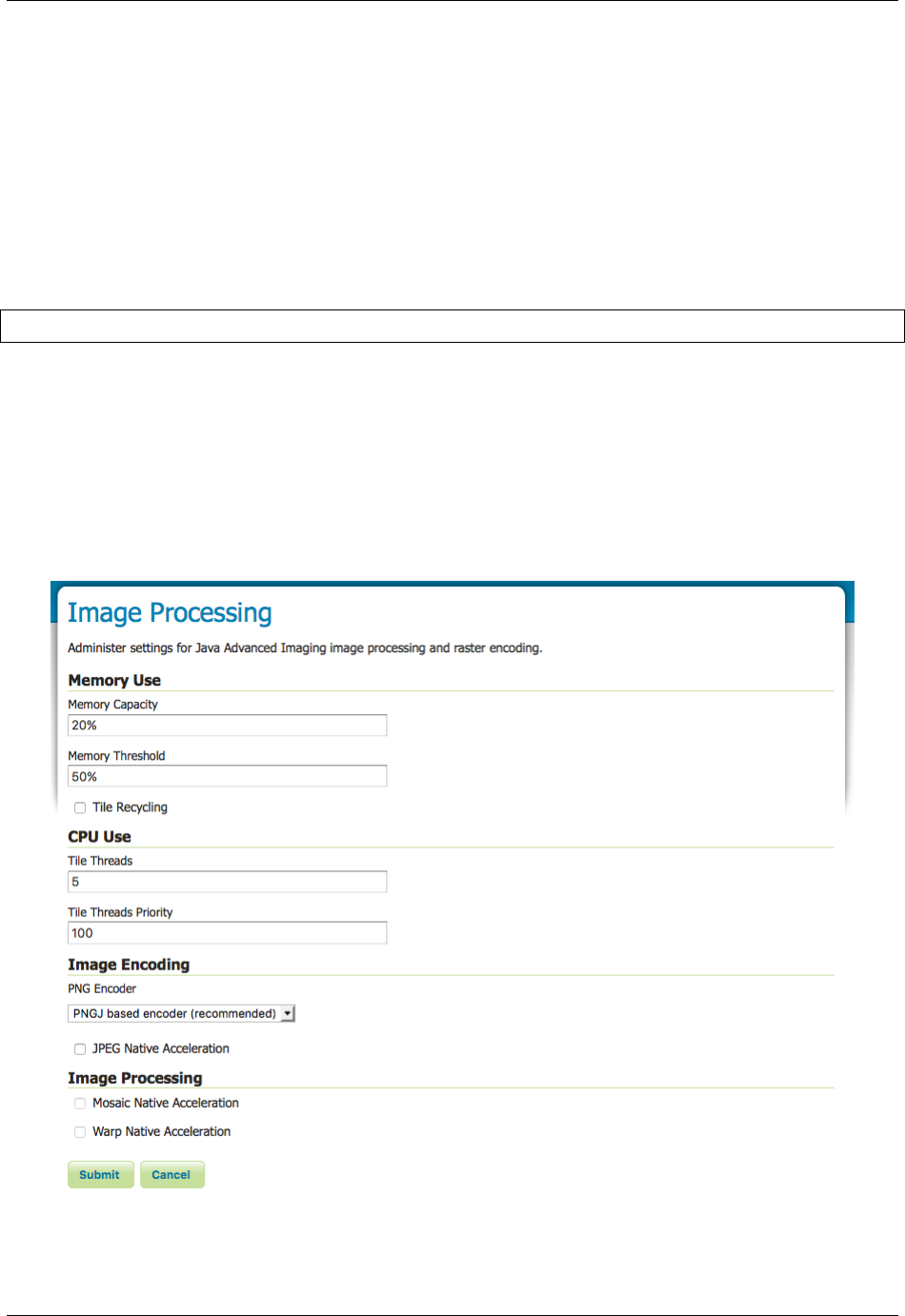
GeoServer User Manual, Release 2.15.1
9.3.17 REST Disable Resource not found Logging
This parameter can be used to mute exception logging when doing REST operations and the requested
Resource is not present. This default setting can be overridden by adding to a REST call the following
parameter: quietOnNotFound=true/false.
9.3.18 REST PathMapper Root directory path
This parameter is used by the RESTful API as the Root Directory for the newly uploaded files, following the
structure:
${rootDirectory}/workspace/store[/<file>]
9.4 Image Processing
Java Advanced Imaging (JAI) is an image processing library built by Sun Microsystems. JAI Image I/O
Tools provides reader, writer, and stream plug-ins for the standard Java Image I/O Framework.
Several JAI parameters, used by both WMS and WCS operations, can be configured in the Image Processing
page.
Fig. 9.7: Image Processing
9.4. Image Processing 1259

GeoServer User Manual, Release 2.15.1
9.4.1 Memory & Tiling
When supporting large images it is efficient to work on image subsets without loading everything to mem-
ory. A widely used approach is tiling which basically builds a tessellation of the original image so that
image data can be read in parts rather than whole. Since very often processing one tile involves surround-
ing tiles, tiling needs to be accompanied by a tile-caching mechanism. The following JAI parameters allow
you to manage the JAI cache mechanism for optimized performance.
Memory Capacity—For memory allocation for tiles, JAI provides an interface called TileCache. Memory
Capacity sets the global JAI TileCache as a percentage of the available heap. A number between 0 and 1
exclusive. If the Memory Capacity is smaller than the current capacity, the tiles in the cache are flushed to
achieve the desired settings. If you set a large amount of memory for the tile cache, interactive operations
are faster but the tile cache fills up very quickly. If you set a low amount of memory for the tile cache, the
performance degrades.
Memory Threshold—Sets the global JAI TileCache Memory threshold. Refers to the fractional amount of
cache memory to retain during tile removal. JAI Memory Threshold value must be between 0.0 and 1.0.
The Memory Threshold visible on the Status page.
Tile Threads—JAI utilizes a TileScheduler for tile calculation. Tile computation may make use of multi-
threading for improved performance. The Tile Threads parameter sets the TileScheduler, indicating the
number of threads to be used when loading tiles.
Tile Threads Priority—Sets the global JAI Tile Scheduler thread priorities. Values range from 1 (Min) to 10
(Max), with default priority set to 5 (Normal).
Tile Recycling—Enable/Disable JAI Cache Tile Recycling. If selected, Tile Recycling allows JAI to re-use
already loaded tiles, which can provide significant performance improvement.
Native Acceleration—To improve the computation speed of image processing applications, the JAI comes
with both Java Code and native code for many platform. If the Java Virtual Machine (JVM) finds the native
code, then that will be used. If the native code is not available, the Java code will be used. As such, the JAI
package is able to provide optimized implementations for different platforms that can take advantage of
each platform’s capabilities.
JPEG Native Acceleration—Enables/disable JAI JPEG Native Acceleration. When selected, enables JPEG
native code, which may speed performance, but compromise security and crash protection.
PNG Encoder Type—Provides a selection of the PNG encoder between the Java own encoder, the JAI
ImageIO native one, and a PNGJ based one:
• The Java standard encoder is always set to maximum compression. It provides the smallest output
images, balanced by a high performance cost (up to six times slower than the other two alternatives).
• The ImageIO native encoder, available only when the ImageIO native extensions are installed, pro-
vided higher performance, but also generated significantly larger PNG images
• The PNGJ based encoder provides the best performance and generated PNG images that are just
slightly larger than the Java standard encoder. It is the recommended choice, but it’s also newer
than the other two, so in case of misbehavior the other two encoders are left as an option for the
administrator.
Mosaic Native Acceleration—To reduce the overhead of handling them, large data sets are often split into
smaller chunks and then combined to create an image mosaic. An example of this is aerial imagery which
usually comprises thousands of small images at very high resolution. Both native and JAI implementations
of mosaic are provided. When selected, Mosaic Native Acceleration use the native implementation for
creating mosaics.
Warp Native Acceleration—Also for the Warp operation are provided both native and JAI implementa-
tions. If the checkbox is enabled, then the native operation is used for the warp operation.
1260 Chapter 9. Server configuration
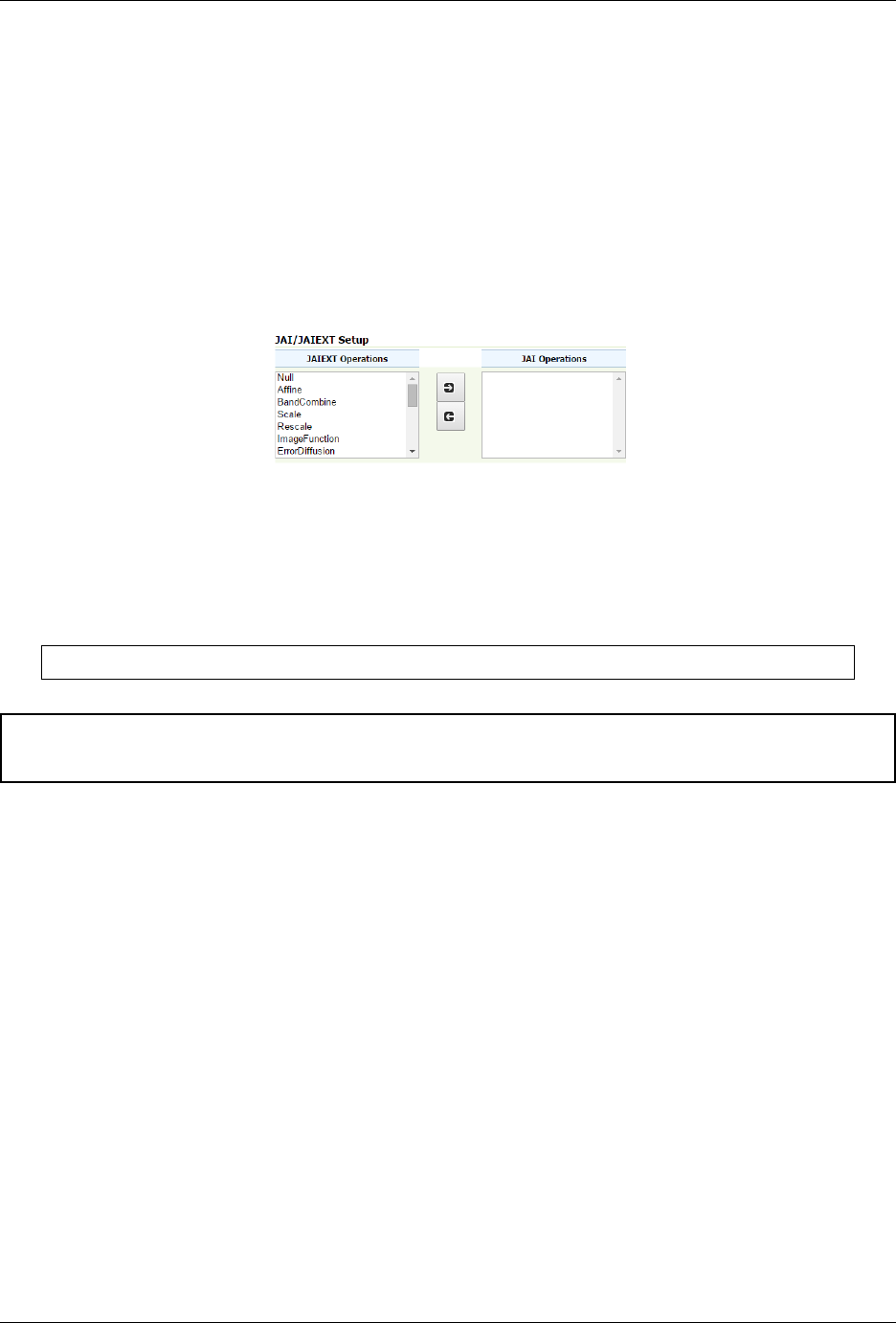
GeoServer User Manual, Release 2.15.1
It is quite important to remember that faster encoders are not necessarily going to visibly improve performance, if data
loading and processing/rendering are dominating the response time, choosing a better encoder will likely not provide
the expected benefits.
9.4.2 JAI-EXT
The JAI-EXT library is open-source project which aims to replace closed source JAI project provided by Sun.
The main difference between JAI and JAI-EXT operations is the support for external Region of Interests
(ROI) and image NoData in JAI-EXT.
The following panel is be available at the bottom of the JAI Settings page
Fig. 9.8: JAI/JAIEXT Setup panel
This panel can be used to selectively enable/disable JAI-EXT operations in favor of JAI ones.
By default, JAI-EXT operations are enabled. In case of misbehavior add the following java option to
GeoServer startup script and restart GeoServer to disable them.
-Dorg.geotools.coverage.jaiext.enabled=false
Warning: Users should take care that JAI native libraries are not supported by JAI-EXT, since JAI-EXT
is a pure Java API.
9.5 Raster Access
The Coverage Access Settings page in the Server menu in the Web administration interface provides configu-
ration options to customize thread pool executors and ImageIO caching memory.
9.5.1 Memory Use
WMS requests usually produce relatively small images whilst WCS requests may frequently deal with big-
ger datasets. Caching the image in memory before encoding it may be helpful when the size of the image
isn’t too big. For a huge image (as one produced by a big WCS request) it would be better instead caching
through a temporary file with respect to caching in memory. This section allows to specify a threshold
image size to let GeoServer decide whether to use a MemoryCacheImageOutputStream or FileCacheIma-
geOutputStream when encoding the images.
ImageIO Cache Memory Threshold—Sets the threshold size (expressed in KiloBytes) which will make
GeoServer choose between file cache vs memory based cache. If the estimated size of the image to be
encoded is smaller than the threshold value, a MemoryCacheImageOutputStream will be used resulting into
caching the image in memory. If the estimated size of the image to be encoded is greater than the threshold
value, a FileCacheImageOutputStream will be used.
9.5. Raster Access 1261
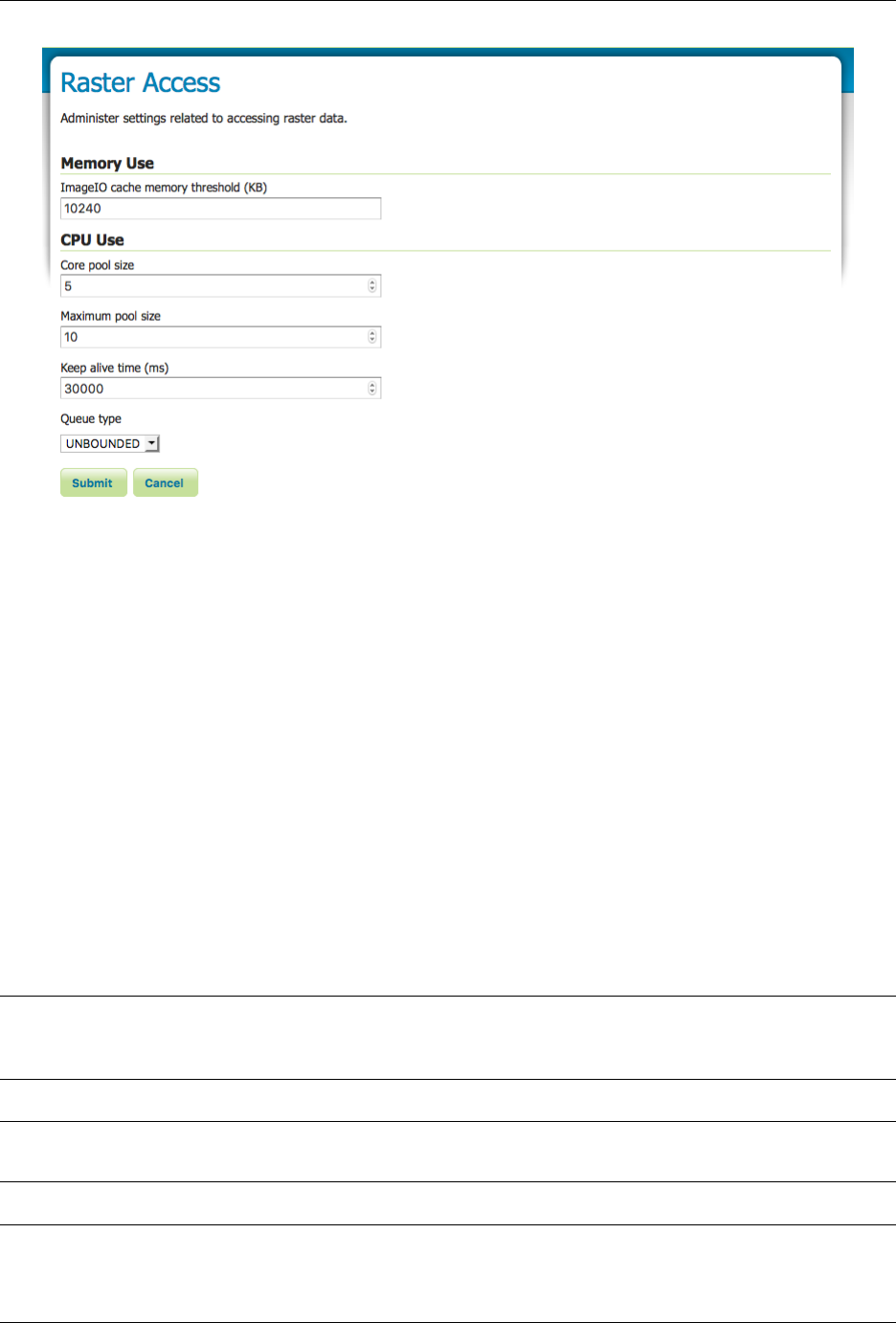
GeoServer User Manual, Release 2.15.1
Fig. 9.9: Raster Access Settings
9.5.2 CPU Use
The imageMosaic reader may load, in parallel, different files that make up the mosaic by means of a Thread-
PoolExecutor . A global ThreadPoolExecutor instance is shared by all the readers supporting and using
concurrent reads. This section of the Coverage Access Settings administration page allows configuration of
the Executor parameters.
Core Pool Size—Sets the core pool size of the thread pool executor. A positive integer must be specified.
Maximum Pool Size—Sets the maximum pool size of the thread pool executor. A positive integer must be
specified.
Keep Alive Time—Sets the time to be wait by the executor before terminating an idle thread in case there
are more threads than corePoolSize.
Queue Type—The executor service uses a BlockingQueue to manage submitted tasks. Using an unbounded
queue is recommended which allows to queue all the pending requests with no limits (Unbounded). With
adirect type, incoming requests will be rejected when there are already maximumPoolSize busy threads.
Note: If a new task is submitted to the list of tasks to be executed, and less than corePoolSize threads are
running, a new thread is created to handle the request. Incoming tasks are queued in case corePoolSize or
more threads are running.
Note: If a request can’t be queued or there are less than corePoolSize threads running, a new thread is
created unless this would exceed maximumPoolSize.
Note: If the pool currently has more than corePoolSize threads, excess threads will be terminated if they
1262 Chapter 9. Server configuration
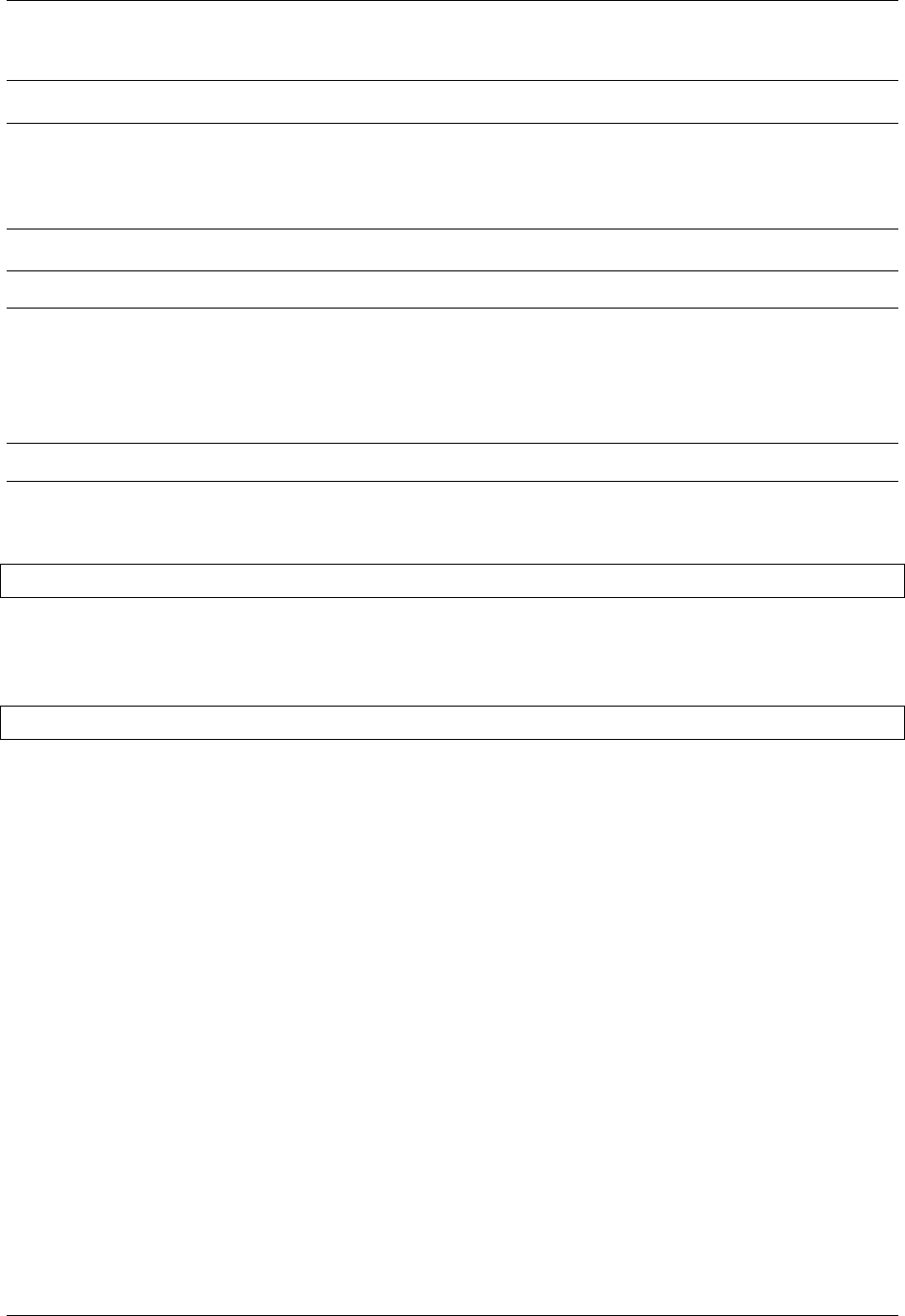
GeoServer User Manual, Release 2.15.1
have been idle for more than the keepAliveTime.
Note: If a new task is submitted to the list of tasks to be executed and there are more than corePoolSize
but less than maximumPoolSize threads running, a new thread will be created only if the queue is full.
This means that when using an Unbounded queue, no more threads than corePoolSize will be running and
keepAliveTime has no influence.
Note: If corePoolSize and maximumPoolSize are the same, a fixed-size thread pool is used.
9.6 REST Configuration
Note: For more information, please see the section on REST.
The RESTful API allows to create new stores and append new granules to mosaics via file uploads. By
default the new stores and granules are saved with the following directory structure:
$GEOSERVER_DATA_DIR/data/<workspace>/<store>[/<file>]
For changing the Root Directory from $GEOSERVER_DATA_DIR/data to another directory, the user can de-
fine a parameter called Root Directory path inside Global Settings Page and Workspace Settings Page.
In order to avoid cross workspace contamination, the final path will always be:
${rootDirectory}/workspace/store[/<file>]
Path remapping is achieved by using the default implementation of the RESTUploadPathMapper inter-
face. This interface gives the possibility to also map the file position inside the store, which could be useful
for harvesting files into an existing mosaic DataStore.
9.7 Advanced log configuration
GeoServer logging subsystem is based on Java logging, which is in turn by default redirected to Log4J and
controlled by the current logging configuration set in the Global Settings.
The standard configuration can be overridden in a number of ways to create custom logging profiles or to
force GeoServer to use another logging library altogheter.
9.7.1 Custom logging profiles
Anyone can write a new logging profile by adding a Log4J configuration file to the list of files already
available in the $GEOSERVER_DATA_DIR/logs folder. The name of the file will become the configuration
name displayed in the admin console and the contents will drive the specific behavior of the logger.
Here is an example, taken from the GEOTOOLS_DEVELOPER_LOGGING configuration, which enables the
geotools log messages to appear in the logs:
9.6. REST Configuration 1263
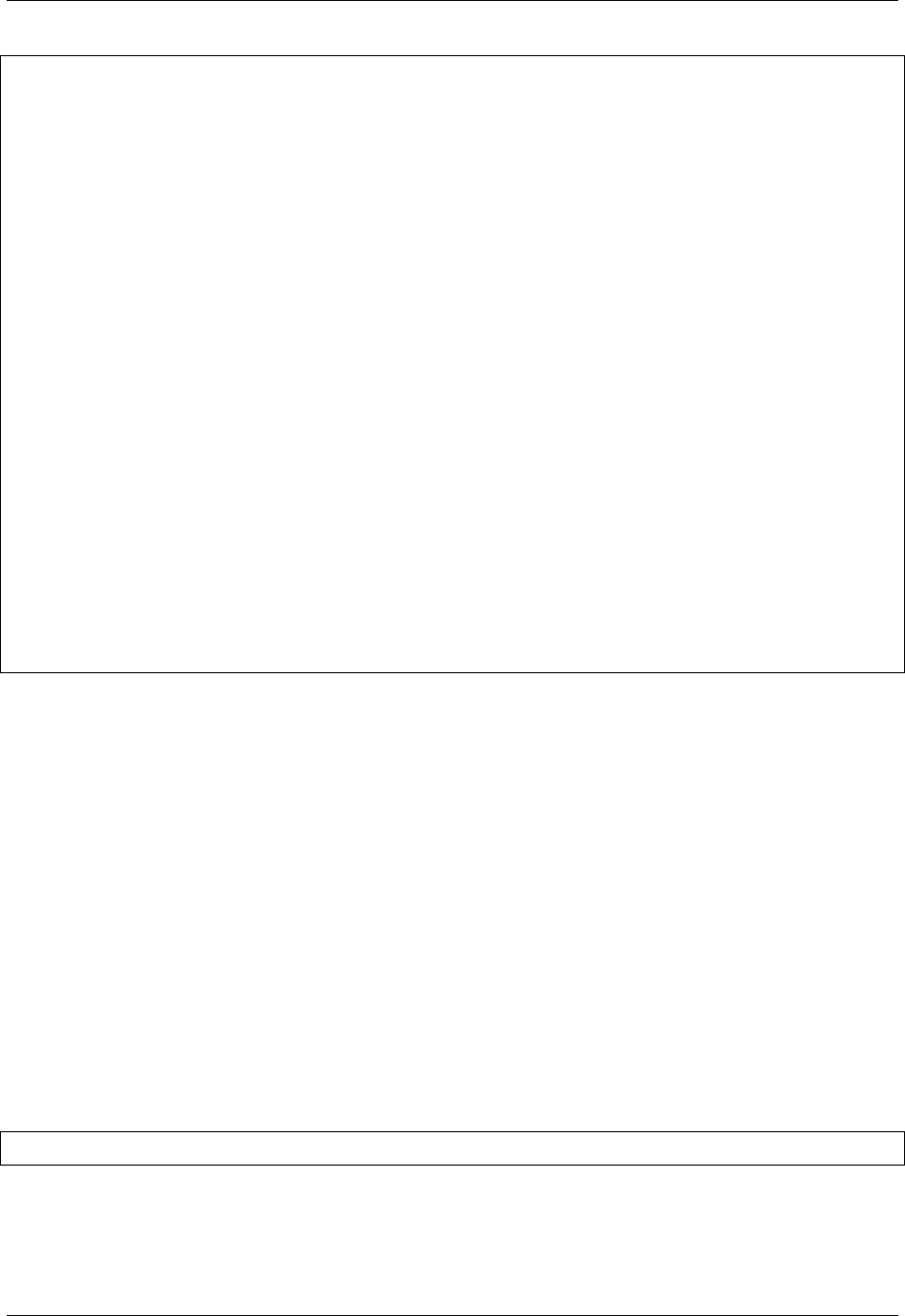
GeoServer User Manual, Release 2.15.1
log4j.rootLogger=WARN, geoserverlogfile, stdout
log4j.appender.stdout=org.apache.log4j.ConsoleAppender
log4j.appender.stdout.layout=org.apache.log4j.PatternLayout
log4j.appender.stdout.layout.ConversionPattern=%d{dd MMM HH:mm:ss} %p [%c] - %m%n
log4j.category.log4j=FATAL
log4j.appender.geoserverlogfile=org.apache.log4j.RollingFileAppender
# Keep three backup files.
log4j.appender.geoserverlogfile.MaxBackupIndex=3
# Pattern to output: date priority [category] - message
log4j.appender.geoserverlogfile.layout=org.apache.log4j.PatternLayout
log4j.appender.geoserverlogfile.layout.ConversionPattern=%d%p [%c] - %m%n
log4j.category.org.geotools=TRACE
# Some more geotools loggers you may be interest in tweaking
log4j.category.org.geotools.factory=TRACE
log4j.category.org.geotools.renderer=DEBUG
log4j.category.org.geotools.data=TRACE
log4j.category.org.geotools.feature=TRACE
log4j.category.org.geotools.filter=TRACE
log4j.category.org.geotools.factory=TRACE
log4j.category.org.geoserver=INFO
log4j.category.org.vfny.geoserver=INFO
log4j.category.org.springframework=WARN
Any custom configuration can be setup to enable specific packages to emit logs at the desired logging level.
There are however a few rules to follow:
• the configuration should always include a geoserverlogfile appender that GeoServer will con-
figure to work against the location configured in the Global Settings
• a logger writing to the standard output should be called stdout and again GeoServer will en-
able/disable it according to the configuration set in the Global Settings
• it is advisable, but not require, to setup log rolling for the geoserverlogfile appender
9.7.2 Overriding the log location setup in the GeoServer configuration
When setting up a cluster of GeoServer machines it is common to share a single data directory among all
the cluster nodes. There is however a gotcha, all nodes would end up writing the logs in the same file,
which would cause various kinds of troubles depending on the operating system file locking rules (a single
server might be able to write, or all togheter in an uncontrolled manner resulting in an unreadable log file).
In this case it is convenient to set a separate log location for each GeoServer node by setting the following
parameter among the JVM system variables, enviroment variables, or servlet context parameters:
GEOSERVER_LOG_LOCATION=<the location of the file>
A common choice could be to use the machine name as a distinction, setting values such as logs/
geoserver_node1.log,logs/geoserver_node2.log and so on: in this case all the log files would
still be contained in the data directory and properly rotated, but each server would have its own separate
log file to write on.
1264 Chapter 9. Server configuration
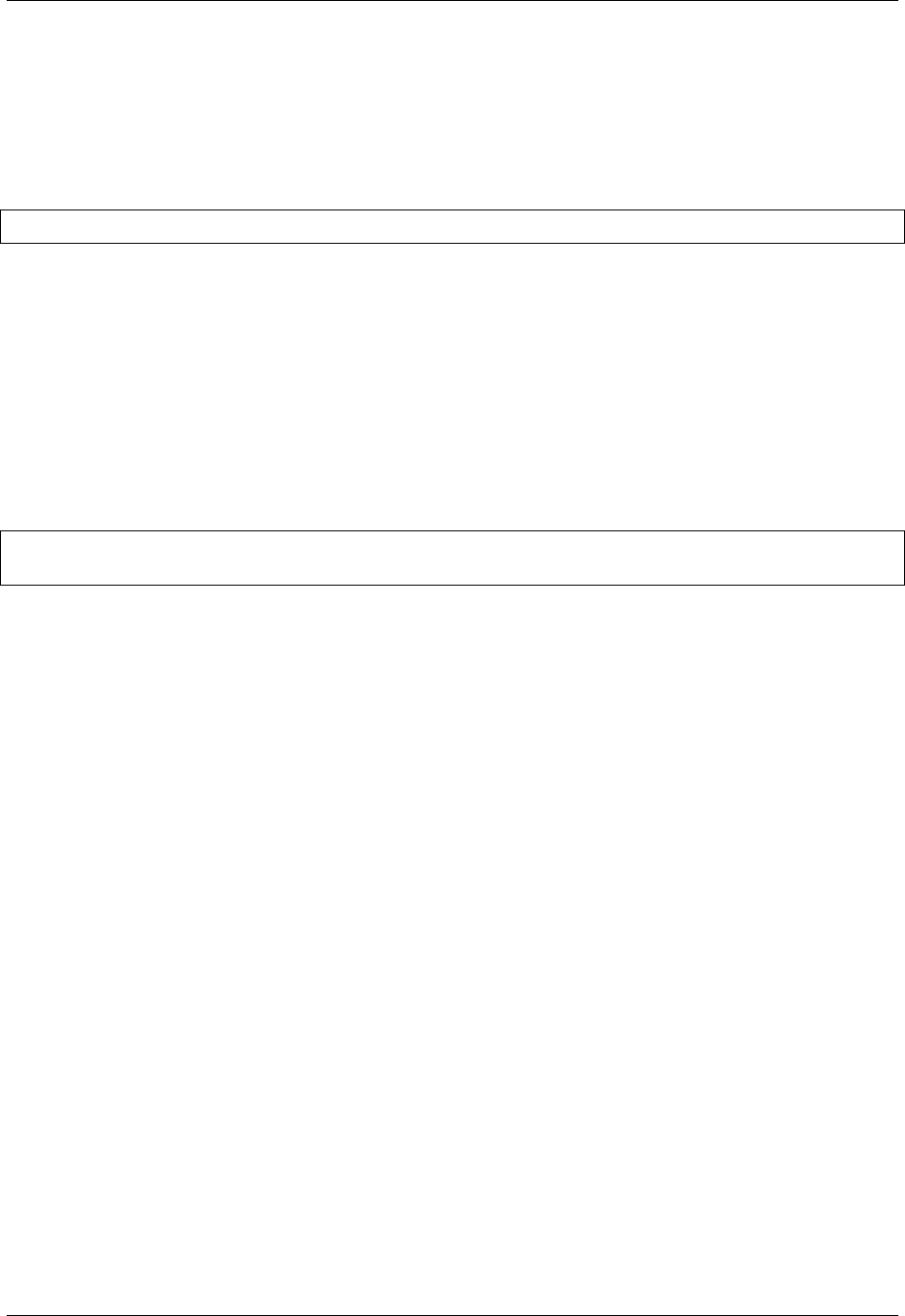
GeoServer User Manual, Release 2.15.1
9.7.3 Forcing GeoServer to relinquish Log4J control
GeoServer internally overrides the Log4J configuration by using the current logging configuration as a
template and appling the log location and standard output settings configured by the administrator.
If you wish GeoServer not to override the normal Log4J behavior you can set the following parameter
among the JVM system variables, enviroment variables, or servlet context parameters:
RELINQUISH_LOG4J_CONTROL=true
9.7.4 Forcing GeoServer to use an alternate logging redirection
GeoServer uses the GeoTools logging framework, which in turn is based on Java Logging, but allowing to
redirect all message to an alternate framework of users choice.
By default GeoServer setups a Log4J redirection, but it is possible to configure GeoServer to use plain
Java Logging or Commons Logging instead (support for other loggers is also possible by using some extra
programming).
If you wish to force GeoServer to use a different logging mechanism set the following parameters among
the JVM system variables, enviroment variables, or servlet context parameters:
GT2_LOGGING_REDIRECTION=[JavaLogging,CommonsLogging,Log4J]
RELINQUISH_LOG4J_CONTROL=true
As noted in the example you’ll also have to demand that GeoServer does not exert control over the Log4J
configuration
9.8 Coordinate Reference System Handling
This section describes how coordinate reference systems (CRS) are handled in GeoServer, as well as what
can be done to extend GeoServer’s CRS handling abilities.
9.8.1 Coordinate Reference System Configuration
When adding data, GeoServer tries to inspect data headers looking for an EPSG code:
• If the data has a CRS with an explicit EPSG code and the full CRS definition behind the code matches
the one in GeoServer, the CRS will be already set for the data.
• If the data has a CRS but no EPSG code, you can use the Find option on the Layers page to make
GeoServer perform a lookup operation where the data CRS is compared against every other known
CRS. If this succeeds, an EPSG code will be selected. The common case for a CRS that has no EPSG
code is shapefiles whose .PRJ file contains a valid WKT string without the EPSG identifiers (as these
are optional).
If an EPSG code cannot be found, then either the data has no CRS or it is unknown to GeoServer. In this
case, there are a few options:
• Force the declared CRS, ignoring the native one. This is the best solution if the native CRS is known
to be wrong.
• Reproject from the native to the declared CRS. This is the best solution if the native CRS is correct, but
cannot be matched to an EPSG number. (An alternative is to add a custom EPSG code that matches
exactly the native SRS. See the section on Custom CRS Definitions for more information.)
9.8. Coordinate Reference System Handling 1265
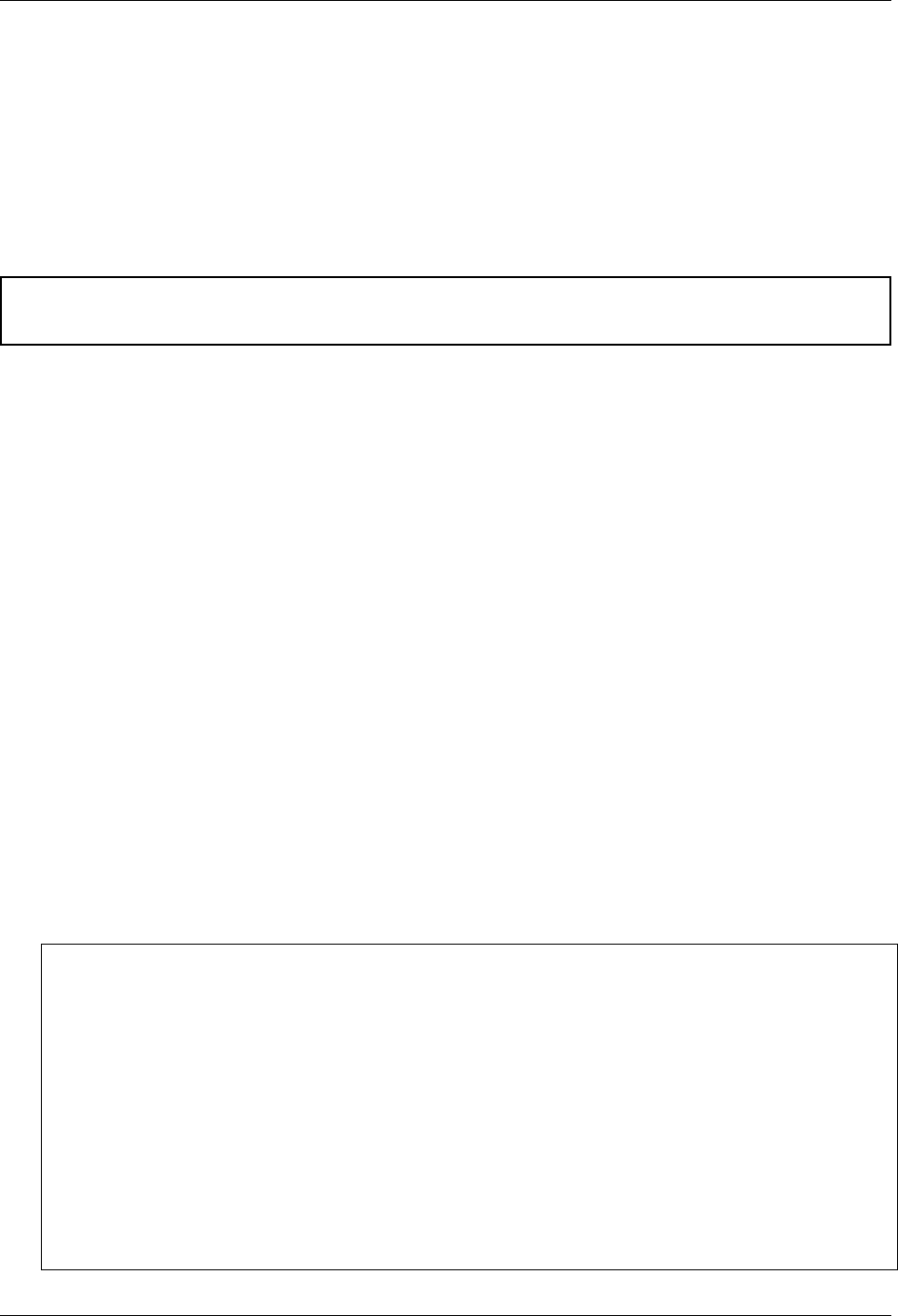
GeoServer User Manual, Release 2.15.1
If your data has no native CRS information, the only option is to specify/force an EPSG code.
Increasing Comparison Tolerance
Decimal numbers comparisons are made using a comparison tolerance. This means, as an instance, that
an ellipsoid’s semi_major axis equals a candidate EPSG’s ellipsoid semi_major axis only if their differ-
ence is within that tolerance. Default value is 10^-9 although it can be changed by setting a COMPARI-
SON_TOLERANCE Java System property to your container’s JVM to specify a different value.
Warning: The default value should be changed only if you are aware of use cases which require a wider
tolerance. Don’t change it unless really needed (See the following example).
Example
• Your sample dataset is known to be a LambertConformalConic projection and the related EPSG code
defines latitude_of_origin value = 25.0.
• The coverageStore plugin is exposing raster projection details through a third party library which
provides projection parameter definitions as float numbers.
• Due to the underlying math computations occurring in that third party library, the exposed projection
parameters are subject to some accuracy loss, so that the provided latitude_of_origin is something like
25.0000012 whilst all the other params match the EPSG definition.
• You notice that the native CRS isn’t properly recognized as the expected EPSG due to that small
difference in latitude_of_origin
In that case you could consider increasing a bit the tolerance.
9.8.2 Custom CRS Definitions
Add a custom CRS
This example shows how to add a custom projection in GeoServer.
1. The projection parameters need to be provided as a WKT (well known text) definition. The code
sample below is just an example:
PROJCS["NAD83 / Austin",
GEOGCS["NAD83",
DATUM["North_American_Datum_1983",
SPHEROID["GRS 1980",6378137.0,298.257222101],
TOWGS84[0.0,0.0,0.0,0.0,0.0,0.0,0.0]],
PRIMEM["Greenwich",0.0],
UNIT["degree",0.017453292519943295],
AXIS["Lon", EAST],
AXIS["Lat", NORTH]],
PROJECTION["Lambert_Conformal_Conic_2SP"],
PARAMETER["central_meridian",-100.333333333333],
PARAMETER["latitude_of_origin",29.6666666666667],
PARAMETER["standard_parallel_1",31.883333333333297],
PARAMETER["false_easting",2296583.333333],
PARAMETER["false_northing",9842500.0],
1266 Chapter 9. Server configuration
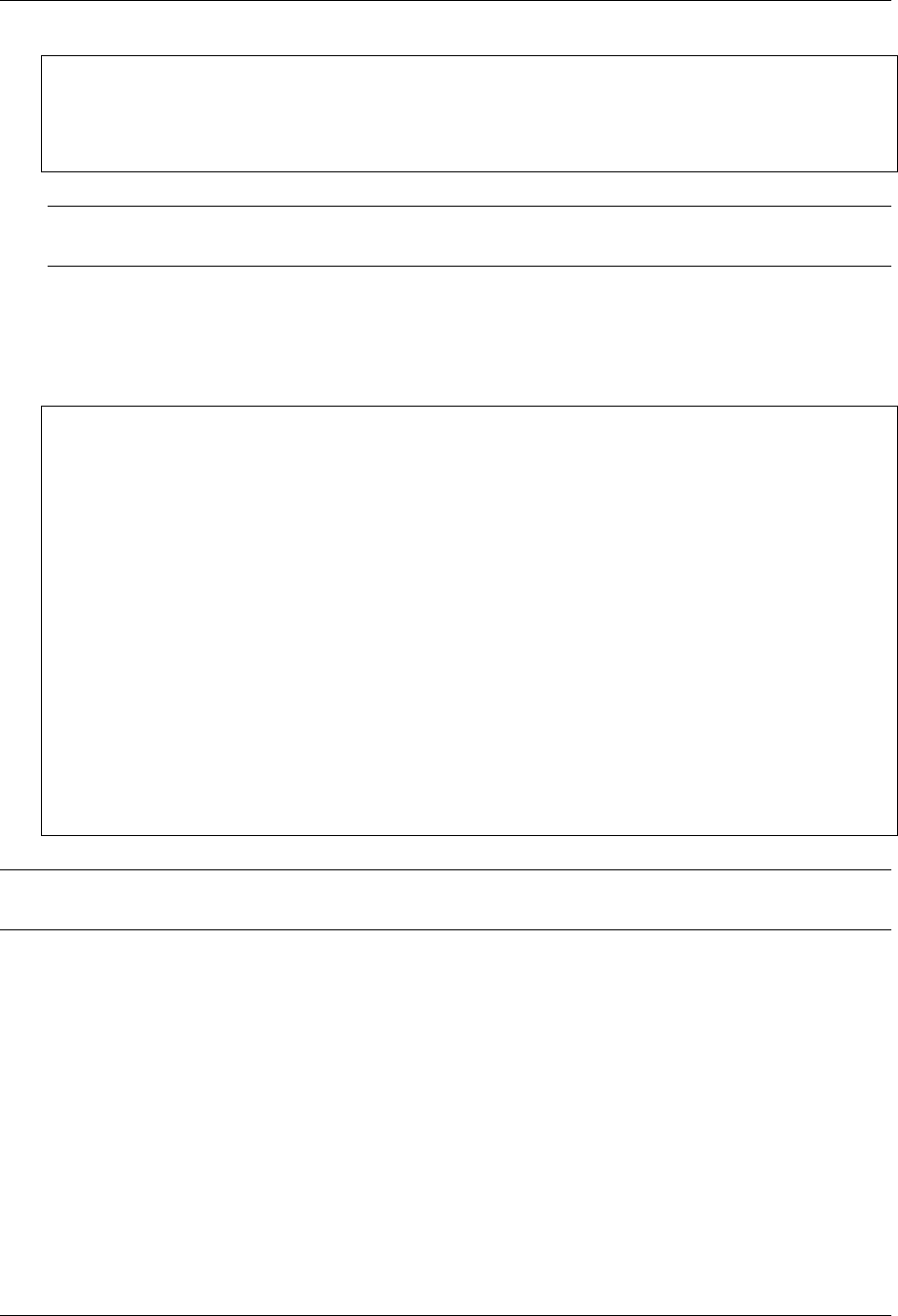
GeoServer User Manual, Release 2.15.1
PARAMETER["standard_parallel_2",30.1166666666667],
UNIT["m",1.0],
AXIS["x", EAST],
AXIS["y", NORTH],
AUTHORITY["EPSG","100002"]]
Note: This code sample has been formatted for readability. The information will need to be provided
on a single line instead, or with backslash characters at the end of every line (except the last one).
2. Go into the user_projections directory inside your data directory, and open the epsg.
properties file. If this file doesn’t exist, you can create it.
3. Insert the code WKT for the projection at the end of the file (on a single line or with backslash charac-
ters):
100002=PROJCS["NAD83 / Austin", \
GEOGCS["NAD83", \
DATUM["North_American_Datum_1983", \
SPHEROID["GRS 1980",6378137.0,298.257222101], \
TOWGS84[0.0,0.0,0.0,0.0,0.0,0.0,0.0]], \
PRIMEM["Greenwich",0.0], \
UNIT["degree",0.017453292519943295], \
AXIS["Lon", EAST], \
AXIS["Lat", NORTH]], \
PROJECTION["Lambert_Conformal_Conic_2SP"], \
PARAMETER["central_meridian",-100.333333333333], \
PARAMETER["latitude_of_origin",29.6666666666667], \
PARAMETER["standard_parallel_1",31.883333333333297], \
PARAMETER["false_easting",2296583.333333], \
PARAMETER["false_northing",9842500.0], \
PARAMETER["standard_parallel_2",30.1166666666667], \
UNIT["m",1.0], \
AXIS["x", EAST], \
AXIS["y", NORTH], \
AUTHORITY["EPSG","100002"]]
Note: Note the number that precedes the WKT. This will determine the EPSG code. So in this example, the
EPSG code is 100002.
1. Save the file.
2. Restart GeoServer.
3. Verify that the CRS has been properly parsed by navigating to the SRS List page in the Web adminis-
tration interface.
4. If the projection wasn’t listed, examine the logs for any errors.
Override an official EPSG code
In some situations it is necessary to override an official EPSG code with a custom definition. A common
case is the need to change the TOWGS84 parameters in order to get better reprojection accuracy in specific
areas.
9.8. Coordinate Reference System Handling 1267

GeoServer User Manual, Release 2.15.1
The GeoServer referencing subsystem checks the existence of another property file, epsg_overrides.
properties, whose format is the same as epsg.properties. Any definition contained in
epsg_overrides.properties will override the EPSG code, while definitions stored in epsg.
proeprties can only add to the database.
Special care must be taken when overriding the Datum parameters, in particular the TOWGS84 param-
eters. To make sure the override parameters are actually used the code of the Datum must be removed,
otherwise the referencing subsystem will keep on reading the official database in search of the best Datum
shift method (grid, 7 or 5 parameters transformation, plain affine transform).
For example, if you need to override the official TOWGS84 parameters of EPSG:23031:
PROJCS["ED50 / UTM zone 31N",
GEOGCS["ED50",
DATUM["European Datum 1950",
SPHEROID["International 1924",6378388.0,297.0, AUTHORITY["EPSG","7022"]],
TOWGS84[-157.89,-17.16,-78.41,2.118,2.697,-1.434,-1.1097046576093785],
AUTHORITY["EPSG","6230"]],
PRIMEM["Greenwich",0.0, AUTHORITY["EPSG","8901"]],
UNIT["degree",0.017453292519943295],
AXIS["Geodetic longitude", EAST],
AXIS["Geodetic latitude", NORTH],
AUTHORITY["EPSG","4230"]],
PROJECTION["Transverse_Mercator"],
PARAMETER["central_meridian",3.0],
PARAMETER["latitude_of_origin",0.0],
PARAMETER["scale_factor",0.9996],
PARAMETER["false_easting",500000.0],
PARAMETER["false_northing",0.0],
UNIT["m",1.0],
AXIS["Easting", EAST],
AXIS["Northing", NORTH],
AUTHORITY["EPSG","23031"]]
You should write the following (in a single line, here it’s reported formatted over multiple lines for read-
ability):
23031=
PROJCS["ED50 / UTM zone 31N",
GEOGCS["ED50",
DATUM["European Datum 1950",
SPHEROID["International 1924",6378388.0,297.0, AUTHORITY["EPSG","7022"]],
TOWGS84[-136.65549,-141.4658,-167.29848,2.093088,0.001405,0.107709,11.
,→54611],
AUTHORITY["EPSG","6230"]],
PRIMEM["Greenwich",0.0, AUTHORITY["EPSG","8901"]],
UNIT["degree",0.017453292519943295],
AXIS["Geodetic longitude", EAST],
AXIS["Geodetic latitude", NORTH]],
PROJECTION["Transverse_Mercator"],
PARAMETER["central_meridian",3.0],
PARAMETER["latitude_of_origin",0.0],
PARAMETER["scale_factor",0.9996],
PARAMETER["false_easting",500000.0],
PARAMETER["false_northing",0.0],
UNIT["m",1.0],
AXIS["Easting", EAST],
AXIS["Northing", NORTH],
AUTHORITY["EPSG","23031"]]
1268 Chapter 9. Server configuration
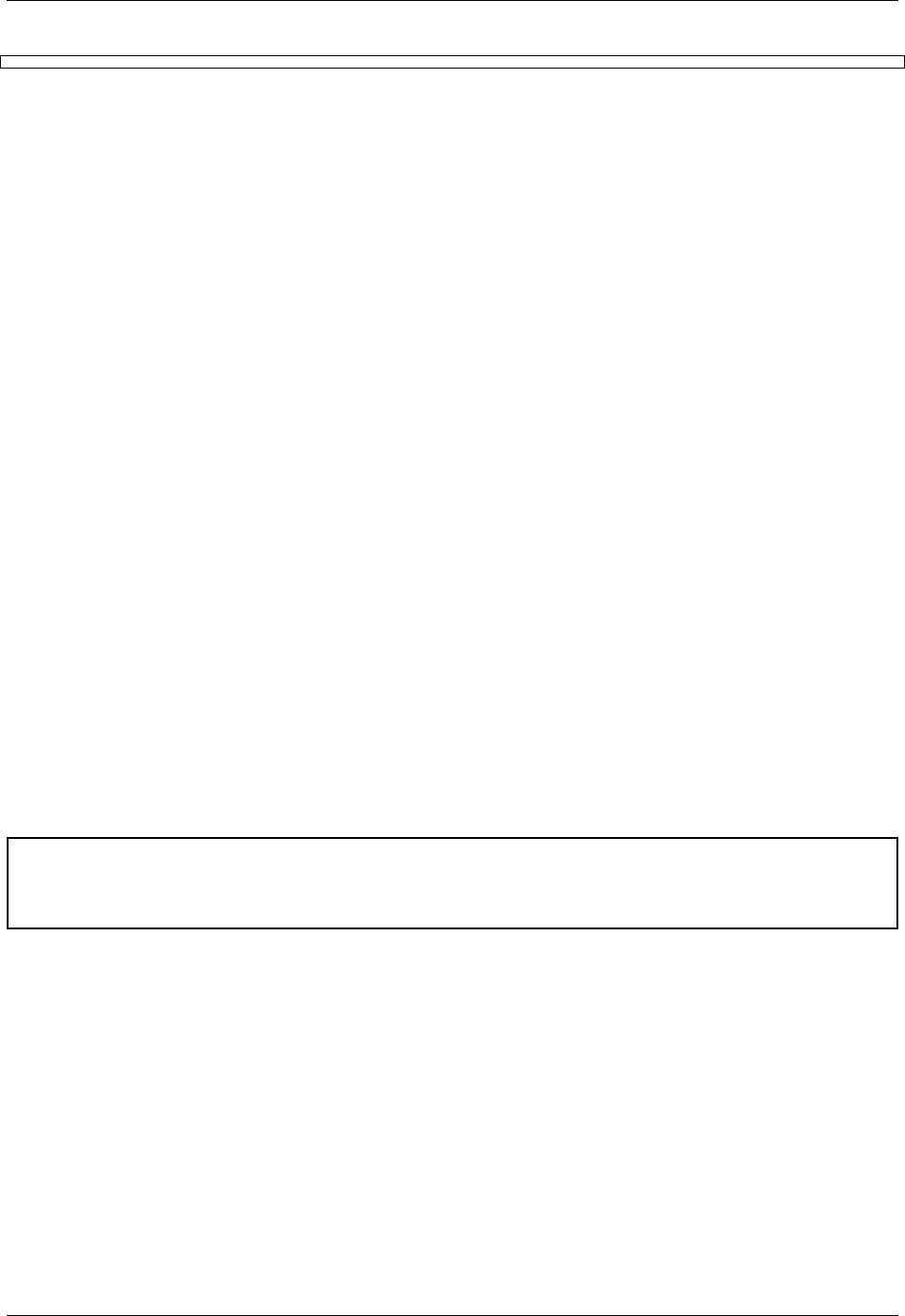
GeoServer User Manual, Release 2.15.1
The definition has been changed in two places, the TOWGS84 paramerers, and the Datum code,
AUTHORITY["EPSG","4230"], has been removed.
9.8.3 Coordinate Operations
Coordinate operations are used to convert coordinates from a source CRS to a target CRS.
If source and target CRSs are refered to a different datum, a datum transform has to be applied. Datum
transforms are not exact, they are determined empirically. For the same pair of CRS, there can be many
datum transforms and versions, each one with its own domain of validity and an associated transform
error. Given a CRS pair, GeoServer will automatically pick the most accurate datum transform from the
EPSG database, unless a custom operation is declared.
• Coordinate operations can be queried and tested using the Reprojection Console.
• To enable higher accuracy Grid Shift transforms, see Add Grid Shift Transform files.
• See Define a custom Coordinate Operation to declare new operations. Custom operations will take prece-
dence over the EPSG ones.
Reprojection Console
The reprojection console (available in Demos) lets you quickly test coordinate operations. Use it to convert
a single coordinate or WKT geometry, and to see the operation details GeoServer is using. It is also useful
to learn by example when you have to Define a custom Coordinate Operation.
Read more about the Reprojection console.
Add Grid Shift Transform files
GeoServer supports NTv2 and NADCON grid shift transforms. Grid files are not shipped out with
GeoServer. They need to be downloaded, usually from yor National Mapping Agency website.
Warning: Grid Shift files are only valid in the specific geographic domain for which they where made;
trying to transform coordinates outside this domain will result in no trasformation at all. Make sure that
the Grid Shift files are valid in the area you want to transform.
1. Search for the Grid File Name(s) int the tables below, which are extracted from EPSG version 7.9.0.
If you need to use a Grid Shift transform not declared in EPSG, you will need to Define a custom
Coordinate Operation.
2. Get the Grid File(s) from your National Mapping Agency (NTv2) or the US National Geodetic Survey
(NADCON).
3. Copy the Grid File(s) in the user_projections directory inside your data directory.
4. Use the Reprojection Console to test the new transform.
List of available Grid Shift transforms
The list of Grid Shift transforms declared in EPSG version 7.9.0 is:
9.8. Coordinate Reference System Handling 1269
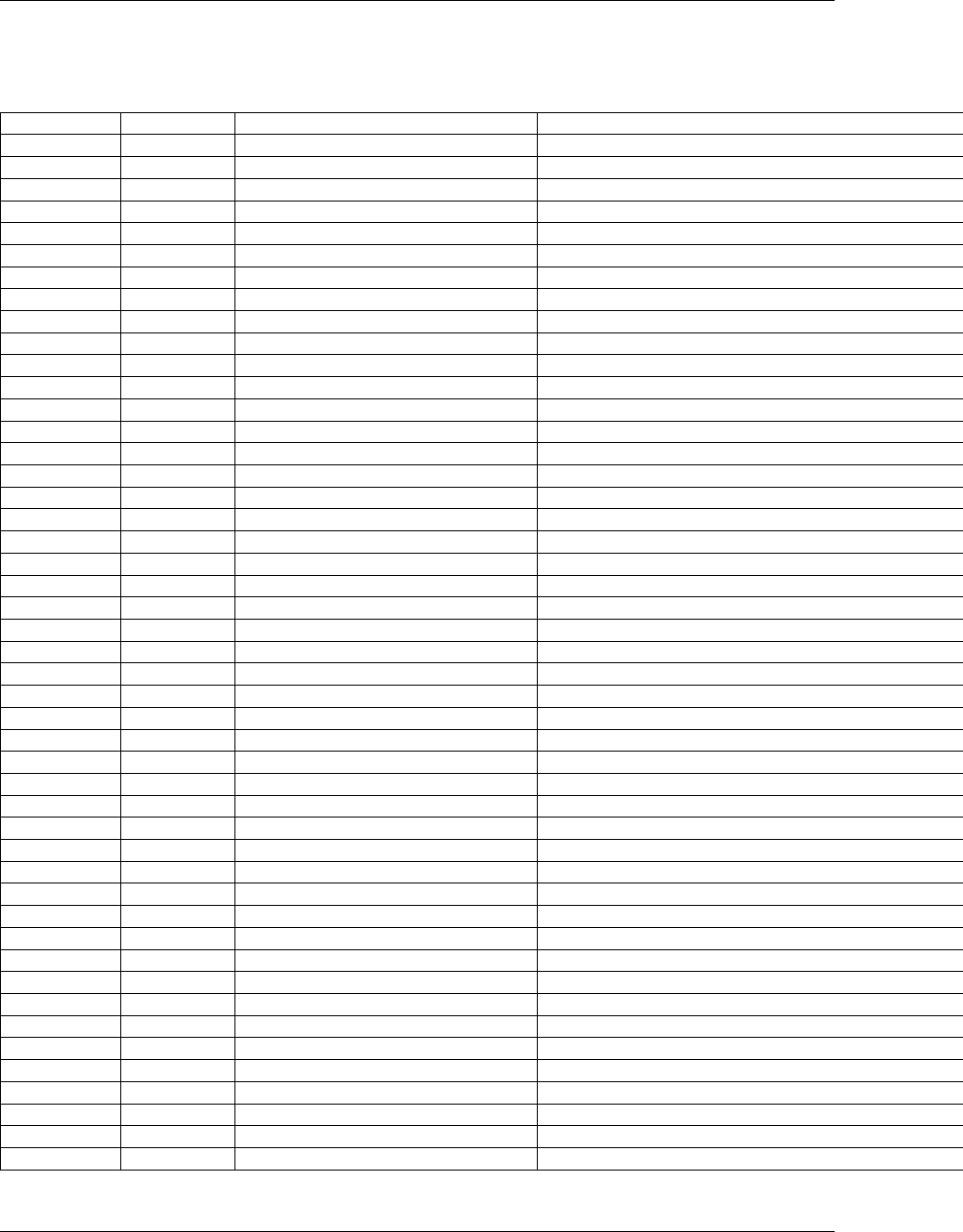
GeoServer User Manual, Release 2.15.1
NTv2
Source CRS Target CRS Grid File Name Source Info
4122 4326 NB7783v2.gsb OGP
4122 4326 NS778301.gsb OGP
4122 4326 PE7783V2.gsb OGP
4122 4617 NB7783v2.gsb New Brunswick Geographic Information Corporation land and water information standards manual.
4122 4617 NS778301.gsb Nova Scotia Geomatics Centre - Contact aflemmin@linux1.nsgc.gov.ns.ca or telephone 902-667-6409
4122 4617 PE7783V2.gsb PEI Department of Transportation & Public Works
4149 4150 CHENYX06.gsb Bundesamt für Landestopographie; www.swisstopo.ch
4171 4275 rgf93_ntf.gsb ESRI
4202 4283 A66 National (13.09.01).gsb GDA Technical Manual. http://www.icsm.gov.au/gda
4202 4283 SEAust_21_06_00.gsb Office of Surveyor General Victoria; http://www.land.vic.gov.au/
4202 4283 nt_0599.gsb GDA Technical Manual. http://www.icsm.gov.au/gda
4202 4283 tas_1098.gsb http://www.delm.tas.gov.au/osg/Geodetic_transform.htm
4202 4283 vic_0799.gsb Office of Surveyor General Victoria; http://www.land.vic.gov.au/
4202 4326 A66 National (13.09.01).gsb OGP
4203 4283 National 84 (02.07.01).gsb GDA Technical Manual. http://www.icsm.gov.au/gda
4203 4283 wa_0400.gsb http://www.dola.wa.gov.au/lotl/survey_geodesy/gda1994/download.html
4203 4283 wa_0700.gsb Department of Land Information, Government of Western Australia; http://www.dola.wa.gov.au/
4203 4326 National 84 (02.07.01).gsb OGP
4225 4326 CA7072_003.gsb OGP
4225 4674 CA7072_003.gsb IBGE.
4230 4258 SPED2ETV2.gsb Instituto Geográfico Nacional, www.cnig.es
4230 4258 sped2et.gsb Instituto Geográfico Nacional, www.cnig.es
4230 4326 SPED2ETV2.gsb OGP
4230 4326 sped2et.gsb OGP
4258 4275 rgf93_ntf.gsb OGP
4267 4269 NTv2_0.gsb https://open.canada.ca/data/en/dataset/b3534942-31ea-59cf-bcc3-f8dc4875081a
4267 4269 QUE27-83.gsb Geodetic Service of Quebec. Contact alain.bernard@mrn.gouv.qc.ca
4267 4326 NTv2_0.gsb OGP
4267 4326 QUE27-98.gsb OGP
4267 4326 SK27-98.gsb OGP
4267 4617 QUE27-98.gsb Geodetic Service of Quebec. Contact alain.bernard@mrn.gouv.qc.ca
4267 4617 SK27-98.gsb Dir Geodetic Surveys; SaskGeomatics Div.; Saskatchewan Property Management Company.
4269 4326 AB_CSRS.DAC OGP
4269 4326 NAD83-98.gsb OGP
4269 4326 SK83-98.gsb OGP
4269 4617 AB_CSRS.DAC Geodetic Control Section; Land and Forest Svc; Alberta Environment; http://www3.gov.ab.ca/env/land/dos/
4269 4617 NAD83-98.gsb Geodetic Service of Quebec. Contact alain.bernard@mrn.gouv.qc.ca
4269 4617 SK83-98.gsb Dir Geodetic Surveys; SaskGeomatics Div.; Saskatchewan Property Management Company.
4272 4167 nzgd2kgrid0005.gsb Land Information New Zealand: LINZS25000 Standard for New Zealand Geodetic Datum 2000; 16 November 2007.
4272 4326 nzgd2kgrid0005.gsb OGP
4277 4258 OSTN02_NTv2.gsb Ordnance Survey of Great Britain, http://www.gps.gov.uk
4277 4326 OSTN02_NTv2.gsb OGP
4314 4258 BETA2007.gsb BKG via EuroGeographics http://crs.bkg.bund.de/crs-eu/
4314 4326 BETA2007.gsb OGP
4326 4275 rgf93_ntf.gsb OGP
4608 4269 May76v20.gsb Geodetic Survey of Canada Natural Resources Canada; https://www.geod.nrcan.gc.ca/
4608 4326 May76v20.gsb OGP
Continued on next page
1270 Chapter 9. Server configuration
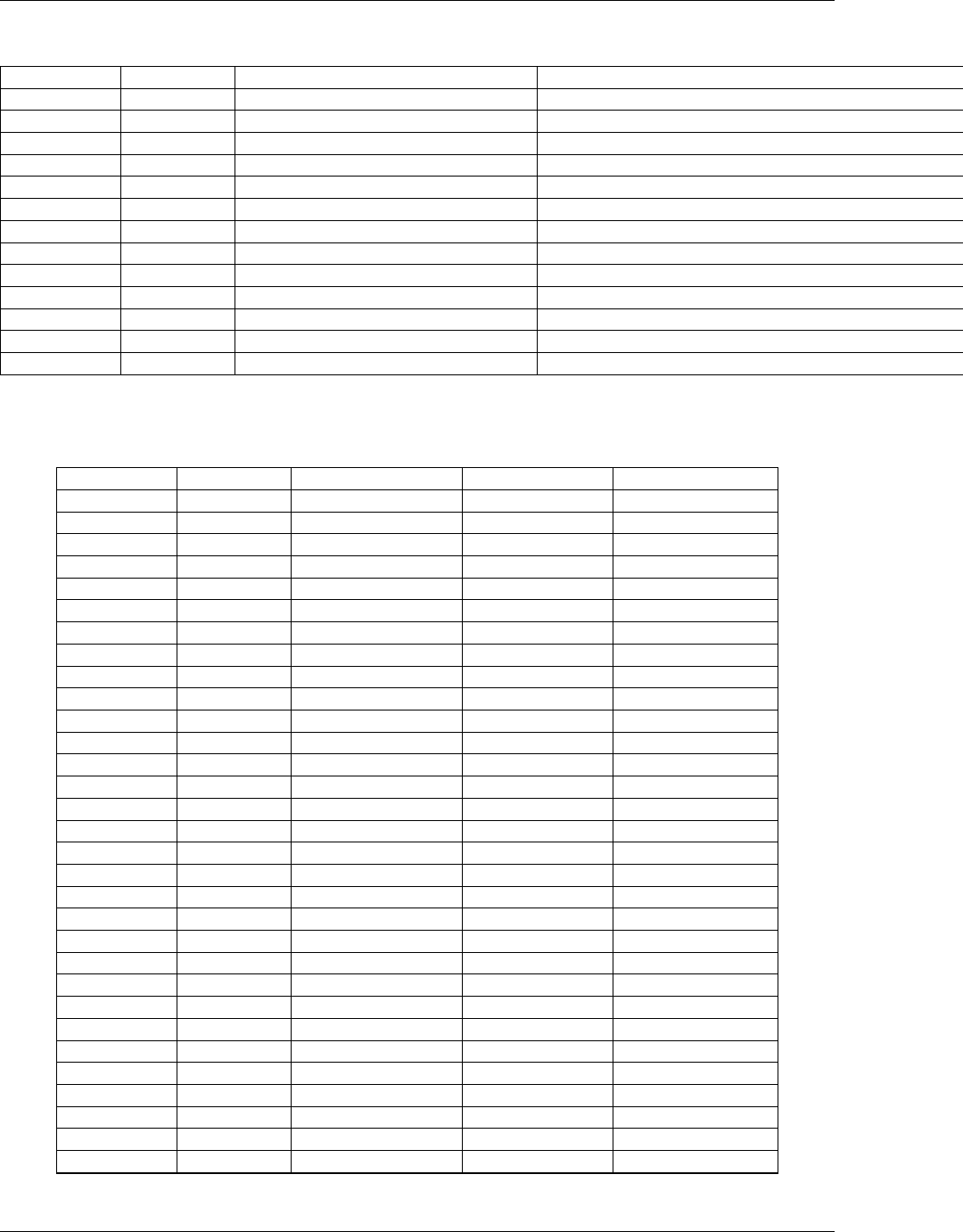
GeoServer User Manual, Release 2.15.1
Table 9.1 – continued from previous page
Source CRS Target CRS Grid File Name Source Info
4609 4269 CGQ77-83.gsb Geodetic Service of Quebec. Contact alain.bernard@mrn.gouv.qc.ca
4609 4326 CGQ77-98.gsb OGP
4609 4617 CGQ77-98.gsb Geodetic Service of Quebec. Contact alain.bernard@mrn.gouv.qc.ca
4618 4326 SAD69_003.gsb OGP
4618 4674 SAD69_003.gsb IBGE.
4745 4326 BETA2007.gsb OGP
4746 4326 BETA2007.gsb OGP
4749 4644 RGNC1991_NEA74Noumea.gsb ESRI
4749 4662 RGNC1991_IGN72GrandeTerre.gsb ESRI
5524 4326 CA61_003.gsb OGP
5524 4674 CA61_003.gsb IBGE.
5527 4326 SAD96_003.gsb OGP
5527 4674 SAD96_003.gsb IBGE.
NADCON
Source CRS Target CRS Version Latitude shift file Longitude shift file
4135 4269 NGS-Usa HI hawaii.las hawaii.los
4136 4269 NGS-Usa AK StL stlrnc.las stlrnc.los
4137 4269 NGS-Usa AK StP stpaul.las stpaul.los
4138 4269 NGS-Usa AK StG stgeorge.las stgeorge.los
4139 4269 NGS-PRVI prvi.las prvi.los
4169 4152 NGS-Asm E eshpgn.las eshpgn.los
4169 4152 NGS-Asm W wshpgn.las wshpgn.los
4267 4269 NGS-Usa AK alaska.las alaska.los
4267 4269 NGS-Usa Conus conus.las conus.los
4269 4152 NGS-Usa AL alhpgn.las alhpgn.los
4269 4152 NGS-Usa AR arhpgn.las arhpgn.los
4269 4152 NGS-Usa AZ azhpgn.las azhpgn.los
4269 4152 NGS-Usa CA n cnhpgn.las cnhpgn.los
4269 4152 NGS-Usa CO cohpgn.las cohpgn.los
4269 4152 NGS-Usa CA s cshpgn.las cshpgn.los
4269 4152 NGS-Usa ID MT e emhpgn.las emhpgn.los
4269 4152 NGS-Usa TX e ethpgn.las ethpgn.los
4269 4152 NGS-Usa FL flhpgn.las flhpgn.los
4269 4152 NGS-Usa GA gahpgn.las gahpgn.los
4269 4152 NGS-Usa HI hihpgn.las hihpgn.los
4269 4152 NGS-Usa IA iahpgn.las iahpgn.los
4269 4152 NGS-Usa IL ilhpgn.las ilhpgn.los
4269 4152 NGS-Usa IN inhpgn.las inhpgn.los
4269 4152 NGS-Usa KS kshpgn.las kshpgn.los
4269 4152 NGS-Usa KY kyhpgn.las kyhpgn.los
4269 4152 NGS-Usa LA lahpgn.las lahpgn.los
4269 4152 NGS-Usa DE MD mdhpgn.las mdhpgn.los
4269 4152 NGS-Usa ME mehpgn.las mehpgn.los
4269 4152 NGS-Usa MI mihpgn.las mihpgn.los
4269 4152 NGS-Usa MN mnhpgn.las mnhpgn.los
4269 4152 NGS-Usa MO mohpgn.las mohpgn.los
Continued on next page
9.8. Coordinate Reference System Handling 1271
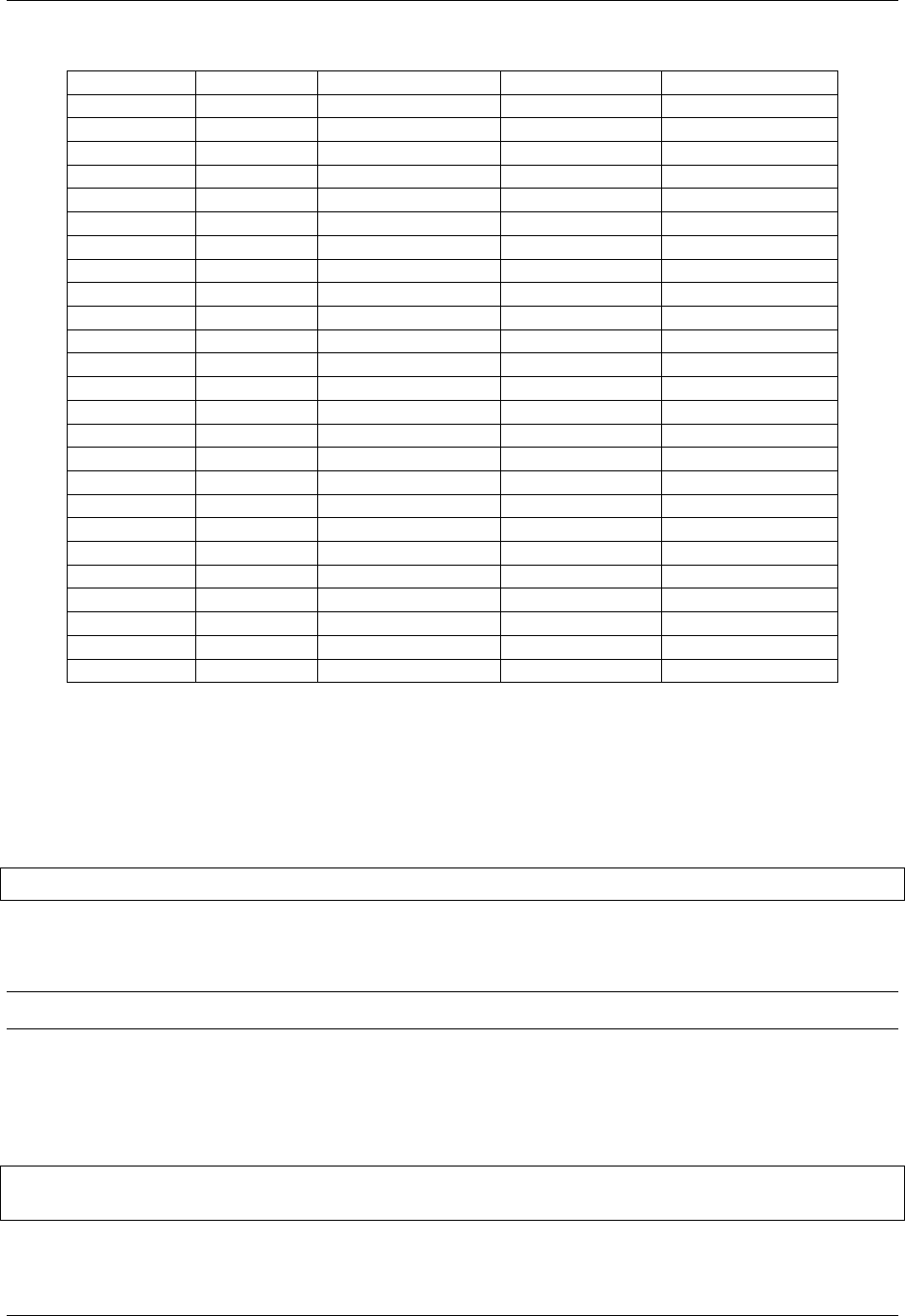
GeoServer User Manual, Release 2.15.1
Table 9.2 – continued from previous page
Source CRS Target CRS Version Latitude shift file Longitude shift file
4269 4152 NGS-Usa MS mshpgn.las mshpgn.los
4269 4152 NGS-Usa NE nbhpgn.las nbhpgn.los
4269 4152 NGS-Usa NC nchpgn.las nchpgn.los
4269 4152 NGS-Usa ND ndhpgn.las ndhpgn.los
4269 4152 NGS-Usa NewEng nehpgn.las nehpgn.los
4269 4152 NGS-Usa NJ njhpgn.las njhpgn.los
4269 4152 NGS-Usa NM nmhpgn.las nmhpgn.los
4269 4152 NGS-Usa NV nvhpgn.las nvhpgn.los
4269 4152 NGS-Usa NY nyhpgn.las nyhpgn.los
4269 4152 NGS-Usa OH ohhpgn.las ohhpgn.los
4269 4152 NGS-Usa OK okhpgn.las okhpgn.los
4269 4152 NGS-Usa PA pahpgn.las pahpgn.los
4269 4152 NGS-PRVI pvhpgn.las pvhpgn.los
4269 4152 NGS-Usa SC schpgn.las schpgn.los
4269 4152 NGS-Usa SD sdhpgn.las sdhpgn.los
4269 4152 NGS-Usa TN tnhpgn.las tnhpgn.los
4269 4152 NGS-Usa UT uthpgn.las uthpgn.los
4269 4152 NGS-Usa VA vahpgn.las vahpgn.los
4269 4152 NGS-Usa WI wihpgn.las wihpgn.los
4269 4152 NGS-Usa ID MT w wmhpgn.las wmhpgn.los
4269 4152 NGS-Usa OR WA wohpgn.las wohpgn.los
4269 4152 NGS-Usa TX w wthpgn.las wthpgn.los
4269 4152 NGS-Usa WV wvhpgn.las wvhpgn.los
4269 4152 NGS-Usa WY wyhpgn.las wyhpgn.los
4675 4152 NGS-Gum guhpgn.las guhpgn.los
Define a custom Coordinate Operation
Custom Coordinate Operations are defined in epsg_operations.properties file. This file has to be
placed into the user_projections directory, inside your data directory (create it if it doesn’t exist).
Each line in epsg_operations.properties will describe a coordinate operation consisting of a source
CRS, a target CRS, and a math transform with its parameter values. Use the following syntax:
<source crs code>,<target crs code>=<WKT math transform>
Math transform is described in Well-Known Text syntax. Parameter names and value ranges are described
in the EPSG Geodetic Parameter Registry.
Note: Use the Reprojection Console to learn from example and to test your custom definitions.
Examples
Custom NTv2 file:
4230,4258=PARAM_MT["NTv2", \
PARAMETER["Latitude and longitude difference file","100800401.gsb"]]
Geocentric transformation, preceded by an ellipsoid to geocentric conversion, and back geocentric to ellip-
soid. The results is a concatenation of three math transforms:
1272 Chapter 9. Server configuration
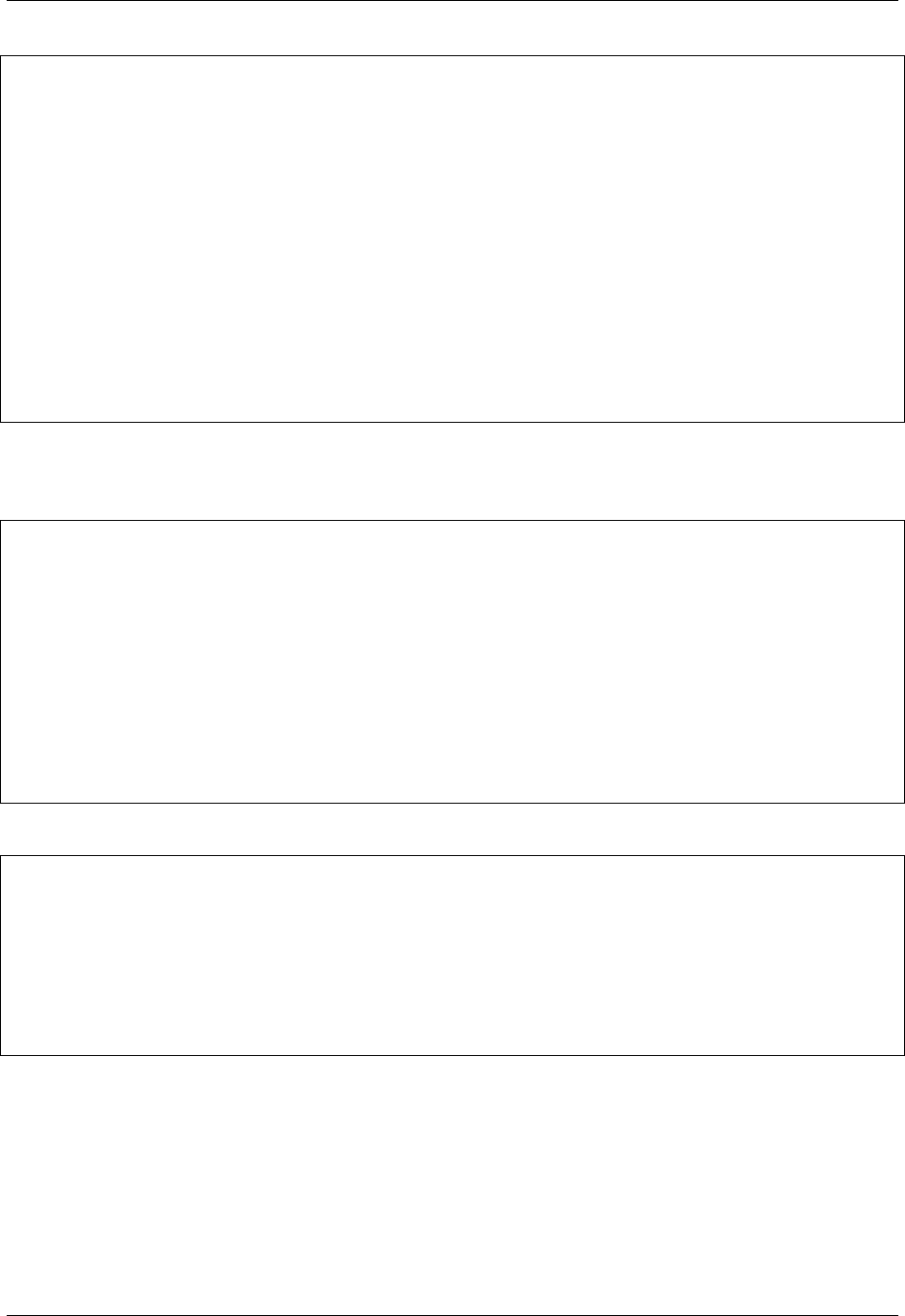
GeoServer User Manual, Release 2.15.1
4230,4258=CONCAT_MT[ \
PARAM_MT["Ellipsoid_To_Geocentric", \
PARAMETER["dim",2], \
PARAMETER["semi_major",6378388.0], \
PARAMETER["semi_minor",6356911.9461279465]], \
PARAM_MT["Position Vector transformation (geog2D domain)", \
PARAMETER["dx",-116.641], \
PARAMETER["dy",-56.931], \
PARAMETER["dz",-110.559], \
PARAMETER["ex",0.8925078166311858], \
PARAMETER["ey",0.9207660950870382], \
PARAMETER["ez",-0.9166407989620964], \
PARAMETER["ppm",-3.5200000000346066]], \
PARAM_MT["Geocentric_To_Ellipsoid", \
PARAMETER["dim",2], \
PARAMETER["semi_major",6378137.0], \
PARAMETER["semi_minor",6356752.314140356]]]
You can make use of existing grid shift files such as this explicit transformation from NAD27 to WGS84
made up of a NADCON transform from NAD27 to NAD83 followed by a Molodenski transform converting
from the GRS80 Ellipsoid (used by NAD83) to the WGS84 Ellipsoid:
4267,4326=CONCAT_MT[ \
PARAM_MT["NADCON", \
PARAMETER["Latitude difference file","conus.las"], \
PARAMETER["Longitude difference file","conus.los"]], \
PARAM_MT["Molodenski", \
PARAMETER["dim",2], \
PARAMETER["dx",0.0], \
PARAMETER["dy",0.0], \
PARAMETER["dz",0.0], \
PARAMETER["src_semi_major",6378137.0], \
PARAMETER["src_semi_minor",6356752.314140356], \
PARAMETER["tgt_semi_major",6378137.0], \
PARAMETER["tgt_semi_minor",6356752.314245179]]]
Affine 2D transform operating directly in projected coordinates:
23031,25831=PARAM_MT["Affine", \
PARAMETER["num_row",3], \
PARAMETER["num_col",3], \
PARAMETER["elt_0_0",1.0000015503712145], \
PARAMETER["elt_0_1",0.00000758753979846734], \
PARAMETER["elt_0_2",-129.549], \
PARAMETER["elt_1_0",-0.00000758753979846734], \
PARAMETER["elt_1_1",1.0000015503712145], \
PARAMETER["elt_1_2",-208.185]]
Each operation can be described in a single line, or can be split in several lines for readability, adding a
backslash “" at the end of each line, as in the former examples.
9.8. Coordinate Reference System Handling 1273
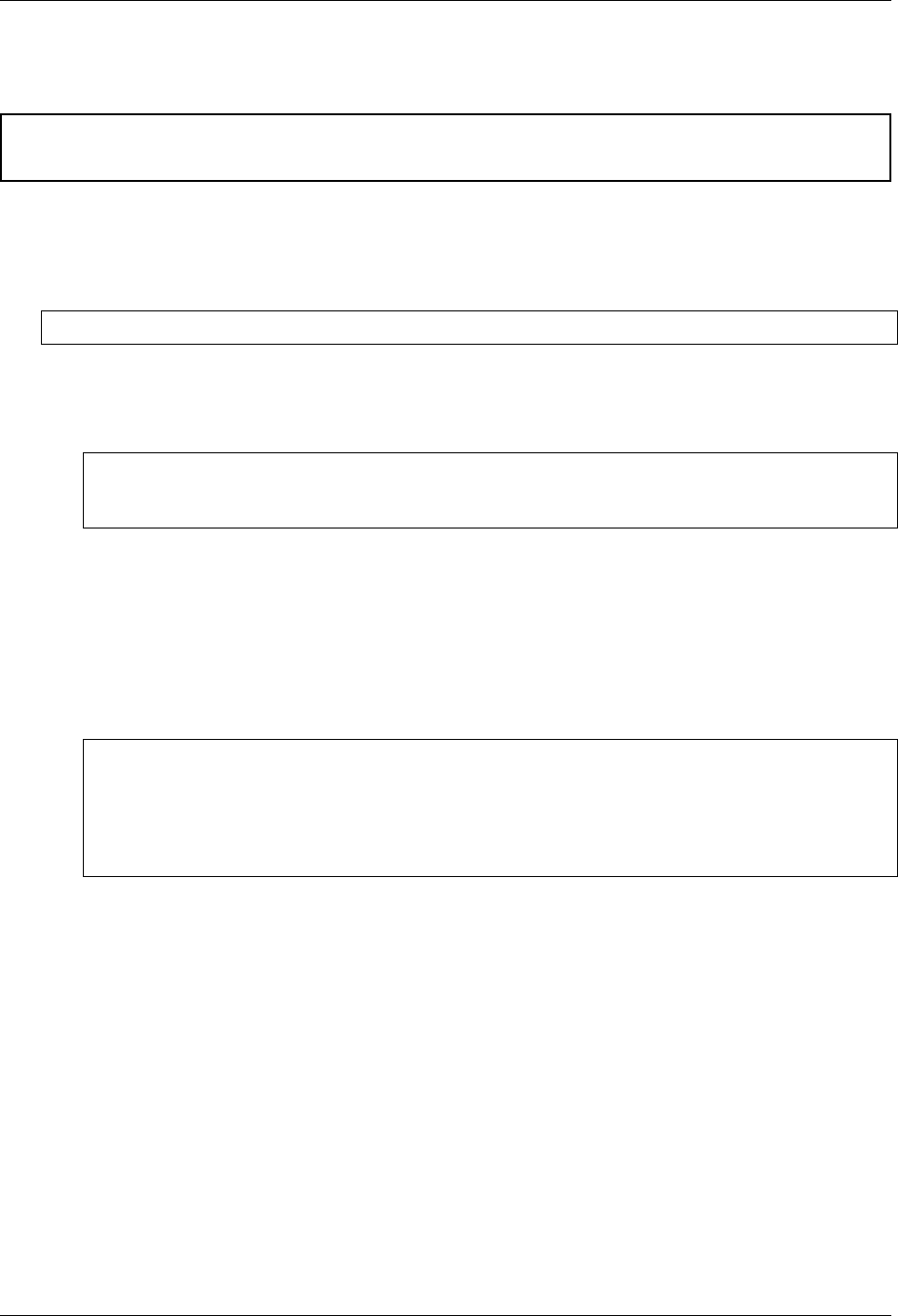
GeoServer User Manual, Release 2.15.1
9.8.4 Manually editing the EPSG database
Warning: These instructions are very advanced, and are here mainly for the curious who want to know
details about the EPSG database subsystem.
To define a custom projection, edit the EPSG.sql file, which is used to create the cached EPSG database.
1. Navigate to the WEB-INF/lib directory
2. Uncompress the gt2-epsg-h.jar file. On Linux, the command is:
jar xvf gt2-epsg-h.jar
3. Open org/geotools/referencing/factory/epsg/EPSG.sql with a text editor. To add a cus-
tom projection, these entries are essential:
(a) An entry in the EPSG_COORDINATEREFERENCESYSTEM table:
(41111,'WGC 84 / WRF Lambert',1324,'projected',4400,NULL,4326,20000,NULL,NULL,
,→'US Nat. scale mapping.','Entered by Alex Petkov','Missoula Firelab WRF',
,→'WRF','2000-10-19','',1,0),
where:
•1324 is the EPSG_AREA code that describes the area covered by my projection
•4400 is the EPSG_COORDINATESYSTEM code for my projection
•20000 is the EPSG_COORDOPERATIONPARAMVALUE key for the array that contains my
projection parameters
(b) An entry in the EPSG_COORDOPERATIONPARAMVALUE table:
(20000,9802,8821,40,'',9102), //latitude of origin
(20000,9802,8822,-97.0,'',9102), //central meridian
(20000,9802,8823,33,'',9110), //st parallel 1
(20000,9802,8824,45,'',9110), //st parallel 2
(20000,9802,8826,0.0,'',9001), //false easting
(20000,9802,8827,0.0,'',9001)//false northing
where:
•9802 is the EPSG_COORDOPERATIONMETHOD key for the Lambert Conic Conformal
(2SP) formula
(c) An entry in the EPSG_COORDOPERATION table:
(20000,’WRF Lambert’,’conversion’,NULL,NULL,”,NULL,1324,’Used for weather forecast-
ing.’,0.0,9802,NULL,NULL,’Used with the WRF-Chem model for weather forecasting’,’Firelab
in Missoula, MT’,’EPSG’,‘2005-11-23’,‘2005.01’,1,0)
where:
•1324 is the EPSG_AREA code that describes the area covered by my projection
•9802 is the EPSG_COORDOPERATIONMETHOD key for the Lambert Conic Conformal
(2SP) formula
1274 Chapter 9. Server configuration
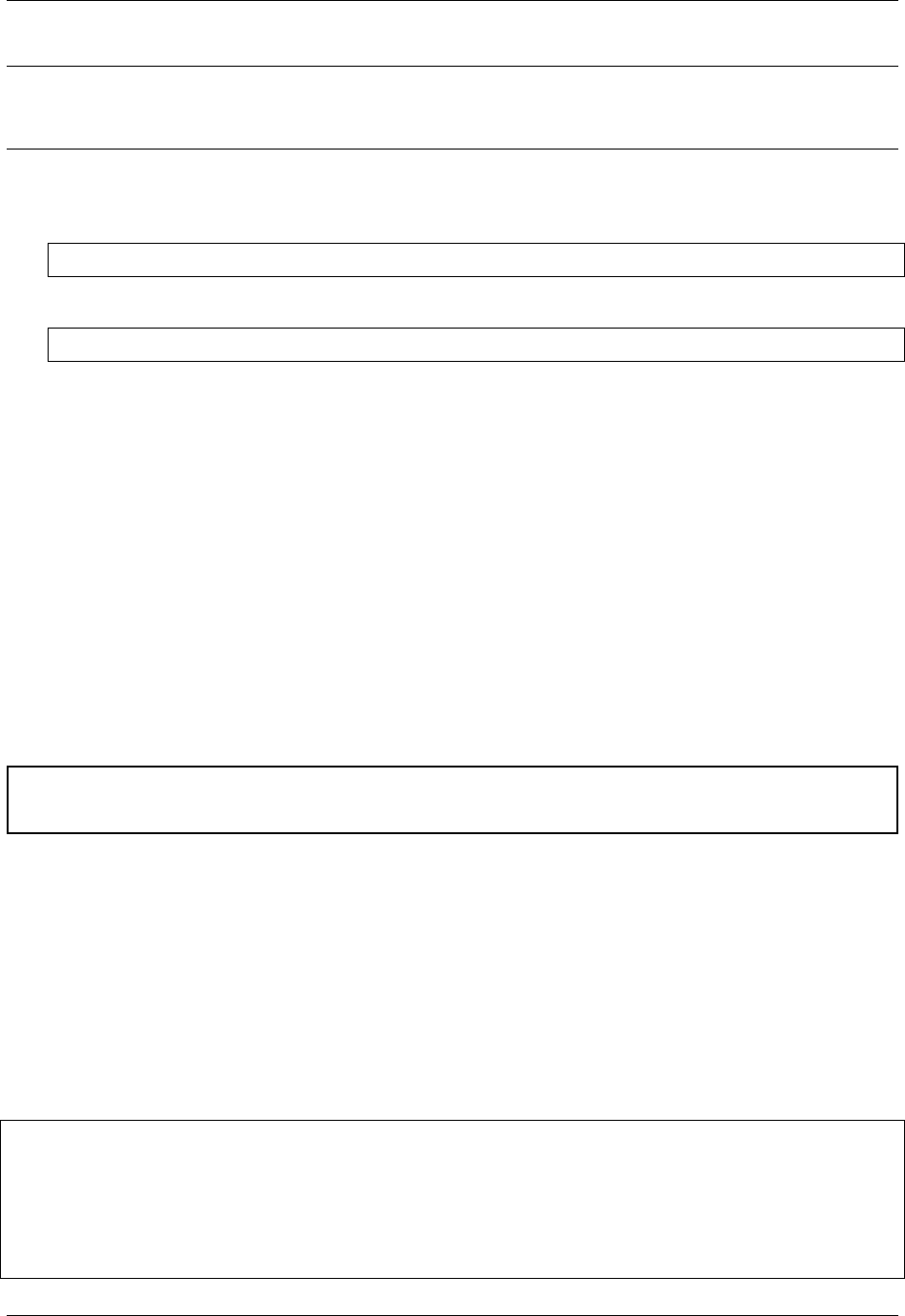
GeoServer User Manual, Release 2.15.1
Note: Observe the commas. If you enter a line that is at the end of an INSERT statement, the comma is
omitted (make sure the row before that has a comma at the end). Otherwise, add a comma at the end of
your entry.
1. After all edits, save the file and exit.
2. Compress the gt2-epsg-h.jar file. On Linux, the command is:
jar -Mcvf gt2-epsg-h.jar META-INF org
3. Remove the cached copy of the EPSG database, so that can be recreated. On Linux, the command is:
rm -rf /tmp/Geotools/Databases/HSQL
4. Restart GeoServer.
The new projection will be successfully parsed. Verify that the CRS has been properly parsed by navigating
to the SRS List page in the Web administration interface.
9.9 Virtual Services
The different types of services in GeoServer include WFS, WMS, and WCS, commonly referred to as “OWS”
services. These services are global in that each service publishes every layer configured on the server. WFS
publishes all vector layer (feature types), WCS publishes all raster layers (coverages), and WMS publishes
everything.
Avirtual service is a view of the global service that consists only of a subset of the layers. Virtual services
are based on GeoServer workspaces. For each workspace that exists a virtual service exists along with it.
The virtual service publishes only those layers that fall under the corresponding workspace.
Warning: Virtual services only apply to the core OWS services, and not OWS services accessed through
GeoWebCache. It also does not apply to other subsystems such as REST.
When a client accesses a virtual service that client only has access to those layers published by that virtual
service. Access to layers in the global service via the virtual service will result in an exception. This makes
virtual services ideal for compartmentalizing access to layers. A service provider may wish to create multi-
ple services for different clients handing one service url to one client, and a different service url to another
client. Virtual services allow the service provider to achieve this with a single GeoServer instance.
9.9.1 Filtering by workspace
Consider the following snippets of the WFS capabilities document from the GeoServer release configuration
that list all the feature types:
http://localhost:8080/geoserver/wfs?request=GetCapabilities
<wfs:WFS_Capabilities>
<FeatureType xmlns:tiger="http://www.census.gov">
<Name>tiger:poly_landmarks</Name>
--
9.9. Virtual Services 1275

GeoServer User Manual, Release 2.15.1
<FeatureType xmlns:tiger="http://www.census.gov">
<Name>tiger:poi</Name>
--
<FeatureType xmlns:tiger="http://www.census.gov">
<Name>tiger:tiger_roads</Name>
--
<FeatureType xmlns:sf="http://www.openplans.org/spearfish">
<Name>sf:archsites</Name>
--
<FeatureType xmlns:sf="http://www.openplans.org/spearfish">
<Name>sf:bugsites</Name>
--
<FeatureType xmlns:sf="http://www.openplans.org/spearfish">
<Name>sf:restricted</Name>
--
<FeatureType xmlns:sf="http://www.openplans.org/spearfish">
<Name>sf:roads</Name>
--
<FeatureType xmlns:sf="http://www.openplans.org/spearfish">
<Name>sf:streams</Name>
--
<FeatureType xmlns:topp="http://www.openplans.org/topp">
<Name>topp:tasmania_cities</Name>
--
<FeatureType xmlns:topp="http://www.openplans.org/topp">
<Name>topp:tasmania_roads</Name>
--
<FeatureType xmlns:topp="http://www.openplans.org/topp">
<Name>topp:tasmania_state_boundaries</Name>
--
<FeatureType xmlns:topp="http://www.openplans.org/topp">
<Name>topp:tasmania_water_bodies</Name>
--
<FeatureType xmlns:topp="http://www.openplans.org/topp">
<Name>topp:states</Name>
--
<FeatureType xmlns:tiger="http://www.census.gov">
<Name>tiger:giant_polygon</Name>
</wfs:WFS_Capabilities>
The above document lists every feature type configured on the server. Now consider the following capa-
bilities request:
http://localhost:8080/geoserver/topp/wfs?request=GetCapabilities
The part of interest in the above request is the “topp” prefix to the wfs service. The above url results in the
following feature types in the capabilities document:
<wfs:WFS_Capabilities>
<FeatureType xmlns:topp="http://www.openplans.org/topp">
<Name>topp:tasmania_cities</Name>
--
<FeatureType xmlns:topp="http://www.openplans.org/topp">
<Name>topp:tasmania_roads</Name>
--
<FeatureType xmlns:topp="http://www.openplans.org/topp">
1276 Chapter 9. Server configuration
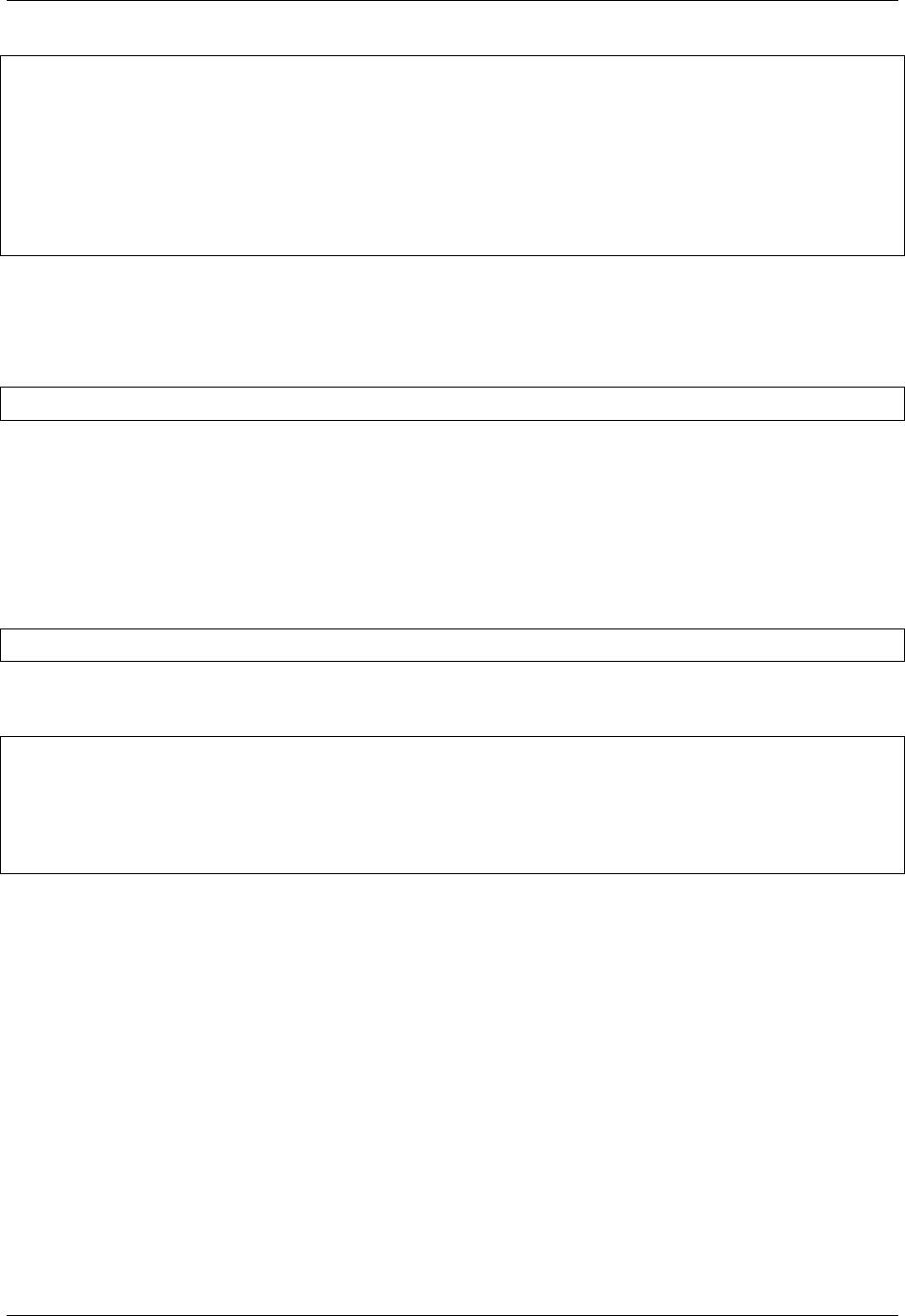
GeoServer User Manual, Release 2.15.1
<Name>topp:tasmania_state_boundaries</Name>
--
<FeatureType xmlns:topp="http://www.openplans.org/topp">
<Name>topp:tasmania_water_bodies</Name>
--
<FeatureType xmlns:topp="http://www.openplans.org/topp">
<Name>topp:states</Name>
</wfs:WFS_Capabilities>
The above feature types correspond to those configured on the server as part of the “topp” workspace.
The consequence of a virtual service is not only limited to the capabilities document of the service. When a
client accesses a virtual service it is restricted to only those layers for all operations. For instance, consider
the following WFS feature request:
http://localhost:8080/geoserver/topp/wfs?request=GetFeature&typename=tiger:roads
The above request results in an exception. Since the request feature type “tiger:roads” is not in the “topp”
workspace the client will receive an error stating that the requested feature type does not exist.
9.9.2 Filtering by layer
It is possible to further filter a global service by specifying the name of layer as part of the virtual service.
For instance consider the following capabilities document:
http://localhost:8080/geoserver/topp/states/wfs?request=GetCapabilities
The part of interest is the “states” prefix to the wfs service. The above url results in the following capabilities
document that contains a single feature type:
<wfs:WFS_Capabilities>
<FeatureType xmlns:topp="http://www.openplans.org/topp">
<Name>topp:states</Name>
<wfs:WFS_Capabilities>
9.9.3 Turning off global services
It is possible to completely restrict access to the global OWS services by setting a configuration flag. When
global access is disabled OWS services may only occur through a virtual service. Any client that tries to
access a service globally will receive an exception.
To disable global services log into the GeoServer web administration interface and navigate to “Global
Settings”. Uncheck the “Enable Global Services” check box.
9.10 Demos
This page contains helpful links to various information pages regarding GeoServer and its features. You do
not need to be logged into GeoServer to access this page.
9.10. Demos 1277
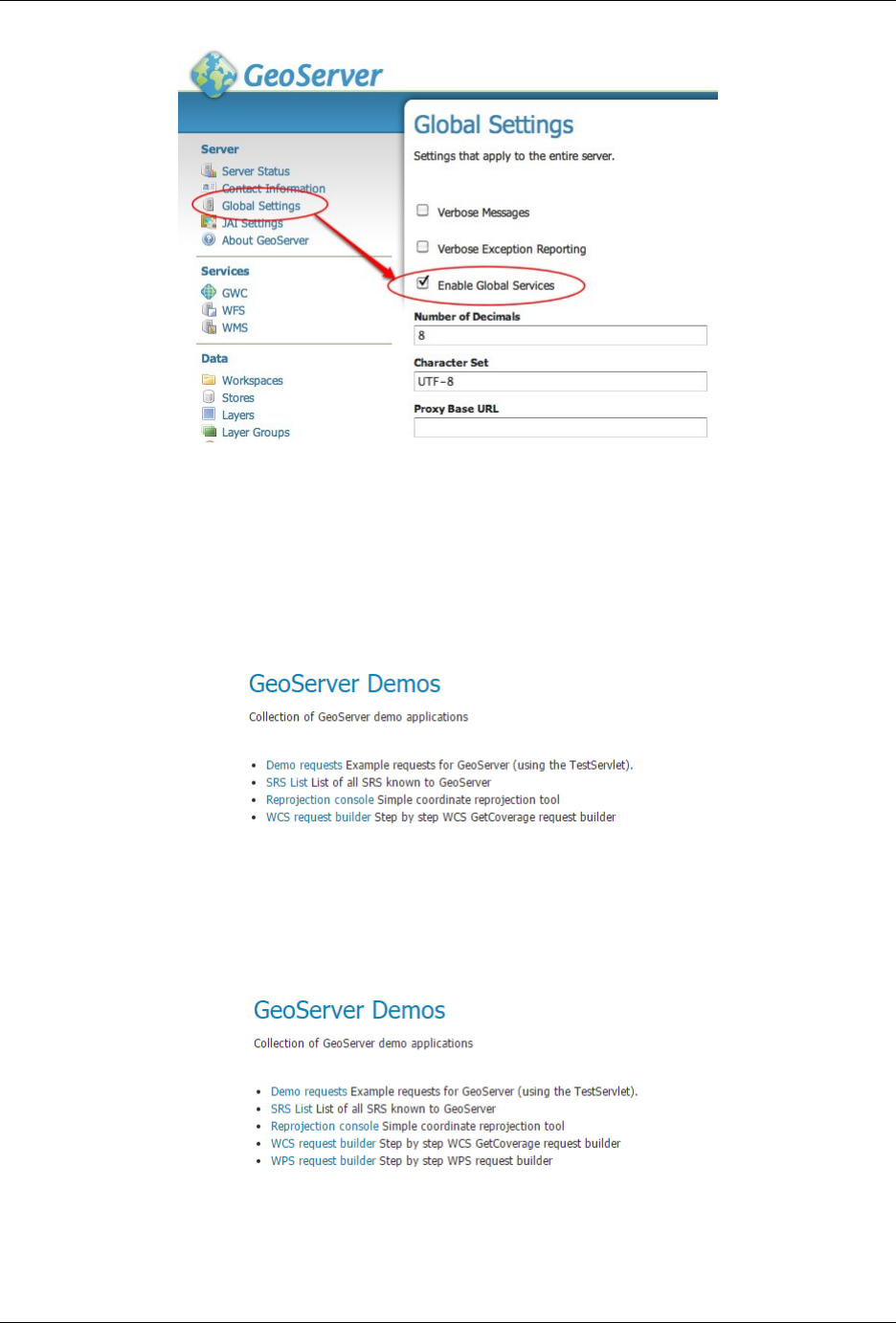
GeoServer User Manual, Release 2.15.1
The page contains the following options
•Demo Requests
•SRS List
•Reprojection console
•WCS Request Builder
Fig. 9.10: Demos page
If you have the WPS extension installed, you will see an additional option:
•WPS Request Builder
Fig. 9.11: Demos page with WPS extension installed
1278 Chapter 9. Server configuration
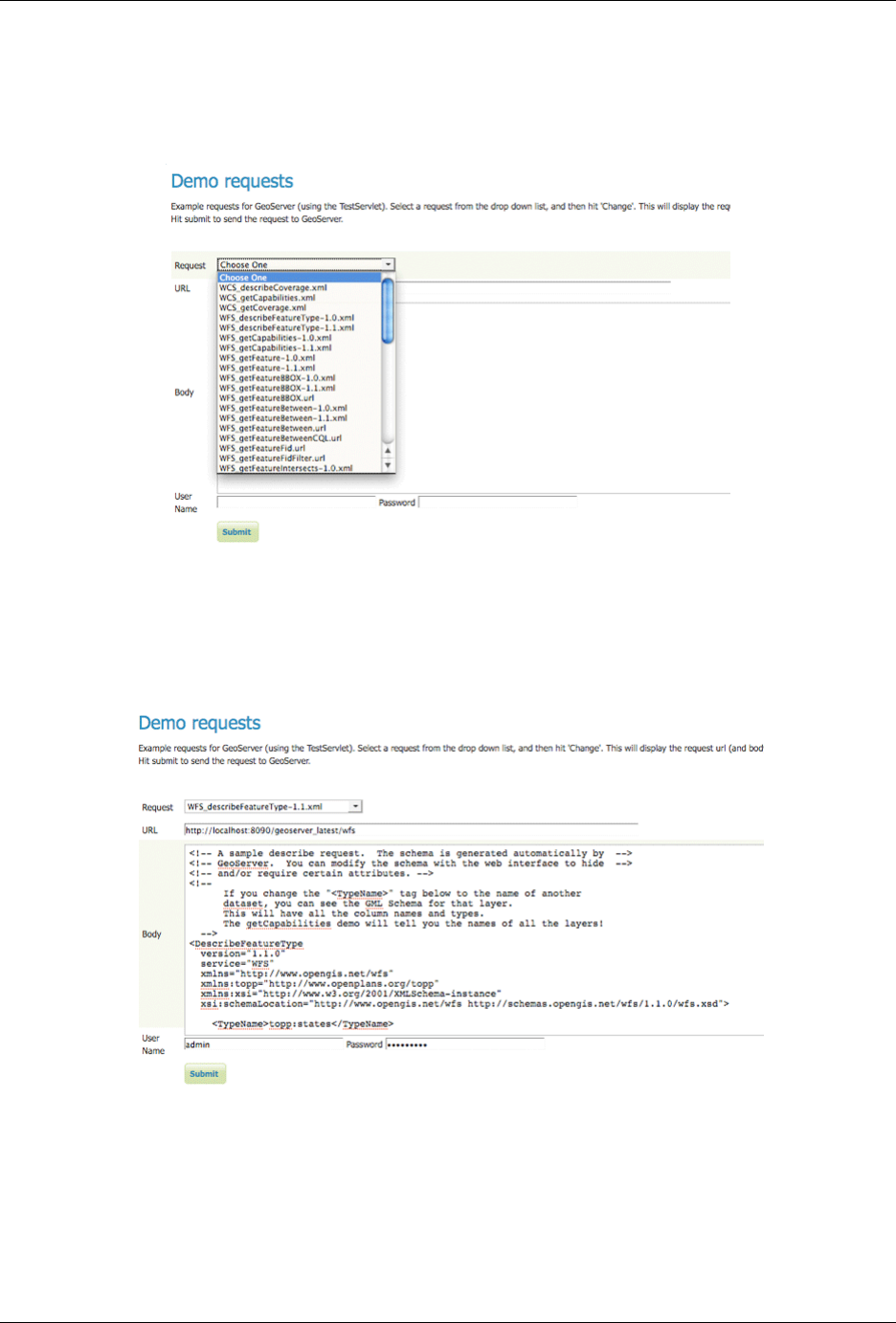
GeoServer User Manual, Release 2.15.1
9.10.1 Demo Requests
This page has example WMS, WCS, and WFS requests for GeoServer that you can use, examine, and change.
Select a request from the drop down list.
Fig. 9.12: Selecting demo requests
Both Web Feature Service (WFS) as well as Web Coverage Service (WCS) requests will display the request URL
and the XML body. Web Map Service (WMS) requests will only display the request URL.
Fig. 9.13: WFS 1.1 DescribeFeatureType sample request
Click Submit to send the request to GeoServer. For WFS and WCS requests, GeoServer will automatically
generate an XML reponse.
Submitting a WMS GetMap request displays an image based on the provided geographic data.
WMS GetFeatureInfo requests retrieve information regarding a particular feature on the map image.
9.10. Demos 1279
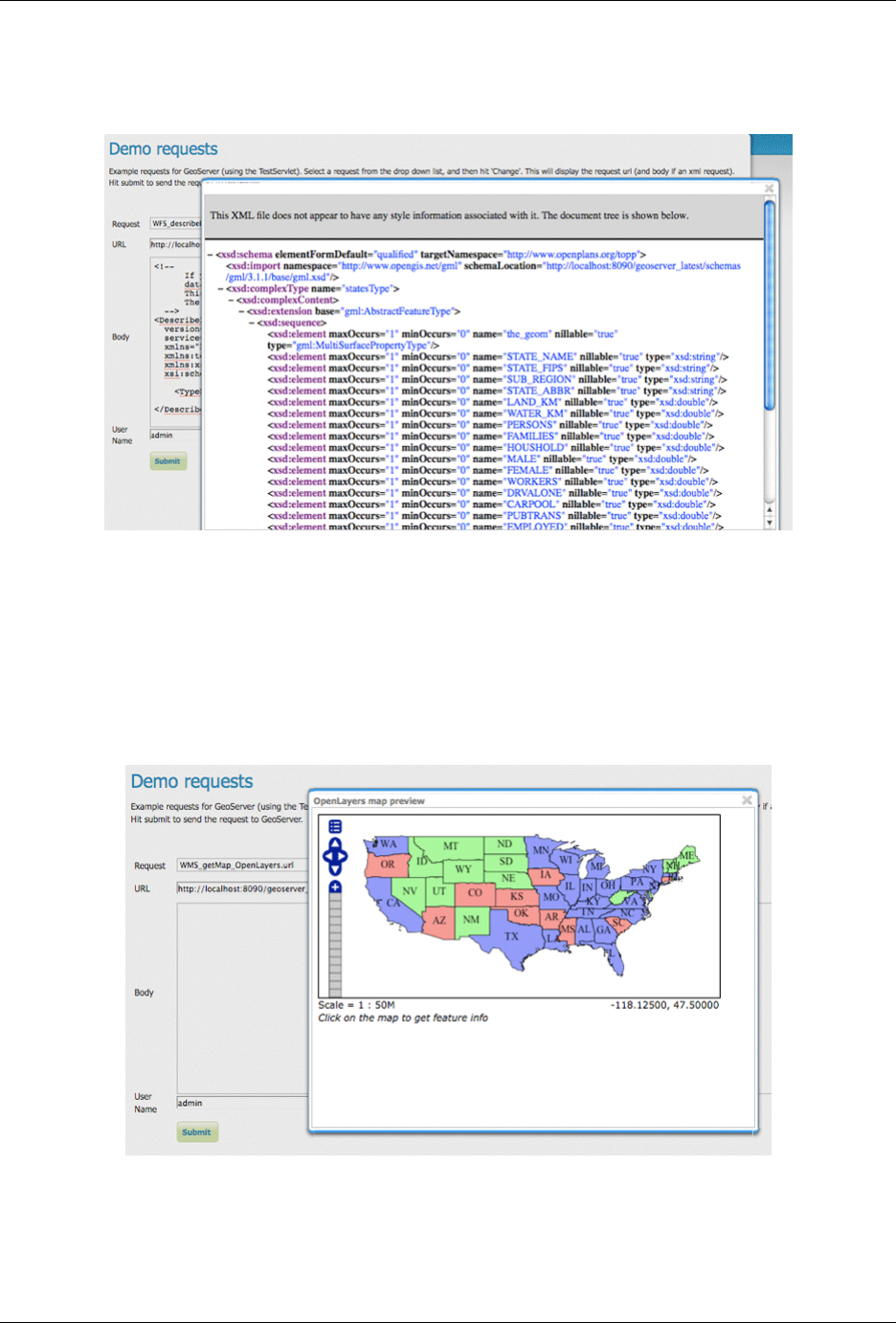
GeoServer User Manual, Release 2.15.1
Fig. 9.14: XML response from a WFS 1.1 DescribeFeatureType sample request
Fig. 9.15: OpenLayers WMS GetMap request
1280 Chapter 9. Server configuration
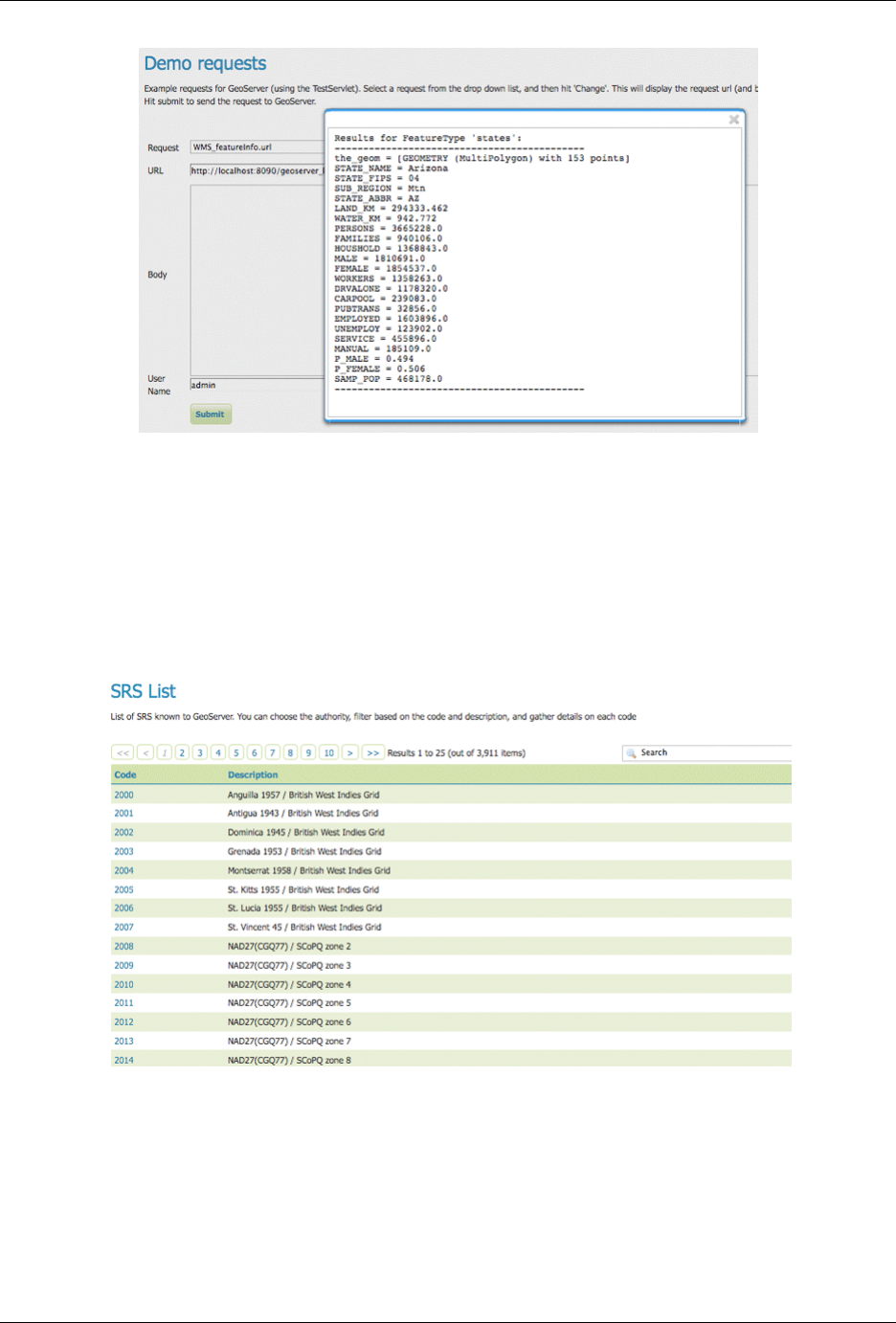
GeoServer User Manual, Release 2.15.1
Fig. 9.16: WMS GetFeatureInfo request
9.10.2 SRS List
GeoServer natively supports almost 4,000 Spatial Referencing Systems (SRS), also known as projections,
and more can be added. A spatial reference system defines an ellipsoid, a datum using that ellipsoid,
and either a geocentric, geographic or projection coordinate system. This page lists all SRS info known to
GeoServer.
Fig. 9.17: Listing of all Spatial Referencing Systems (SRS) known to GeoServer
The Code column refers to the unique integer identifier defined by the author of that spatial reference sys-
tem. Each code is linked to a more detailed description page, accessed by clicking on that code.
The title of each SRS is composed of the author name and the unique integer identifier (code) defined by the
Author. In the above example, the author is the European Petroleum Survey Group (EPSG) and the Code
is 2000. The fields are as follows:
9.10. Demos 1281

GeoServer User Manual, Release 2.15.1
Fig. 9.18: Details for SRS EPSG:2000
Description—A short text description of the SRS
WKT—A string describing the SRS. WKT stands for “Well Known Text”
Area of Validity—The bounding box for the SRS
9.10.3 Reprojection console
The reprojection console allows you to calculate and test coordinate transformation. You can input a single
coordinate or WKT geometry, and transform it from one CRS to another.
For example, you can use the reprojection console to transform a bounding box (as a WKT polygon or line)
between different CRSs.
Fig. 9.19: Reprojection console showing a transformed bounding box
1282 Chapter 9. Server configuration
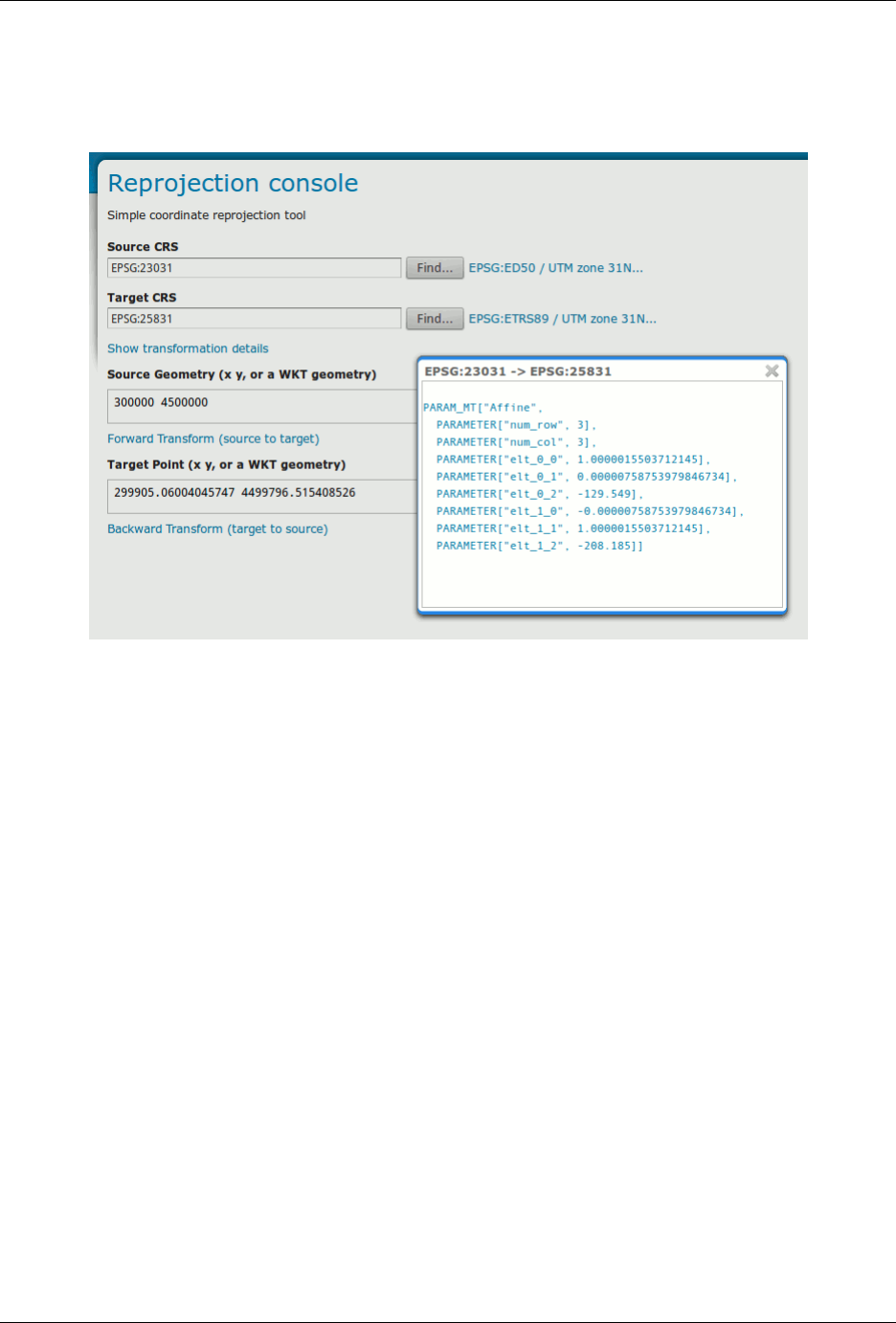
GeoServer User Manual, Release 2.15.1
Use Forward transformation to convert from source CRS to target CRS, and Backward transformation to convert
from target CRS to source CRS.
You can also view the underlying calculation GeoServer is using to perform the transformation.
Fig. 9.20: Reprojection console showing operation details
Read more about Coordinate Reference System Handling.
9.10.4 WCS Request Builder
The WCS Request Builder is a tool for generating and executing WCS requests. Since WCS requests can be
cumbersome to author, this tool can make working with WCS much easier.
Read more about the WCS Request Builder.
9.10.5 WPS Request Builder
GeoServer with the WPS extension installed includes a request builder for generating and executing WPS
processes. Since WPS requests can be cumbersome to author, this tool can make working with WPS much
easier.
Read more about the WPS Request Builder.
9.10. Demos 1283

GeoServer User Manual, Release 2.15.1
1284 Chapter 9. Server configuration
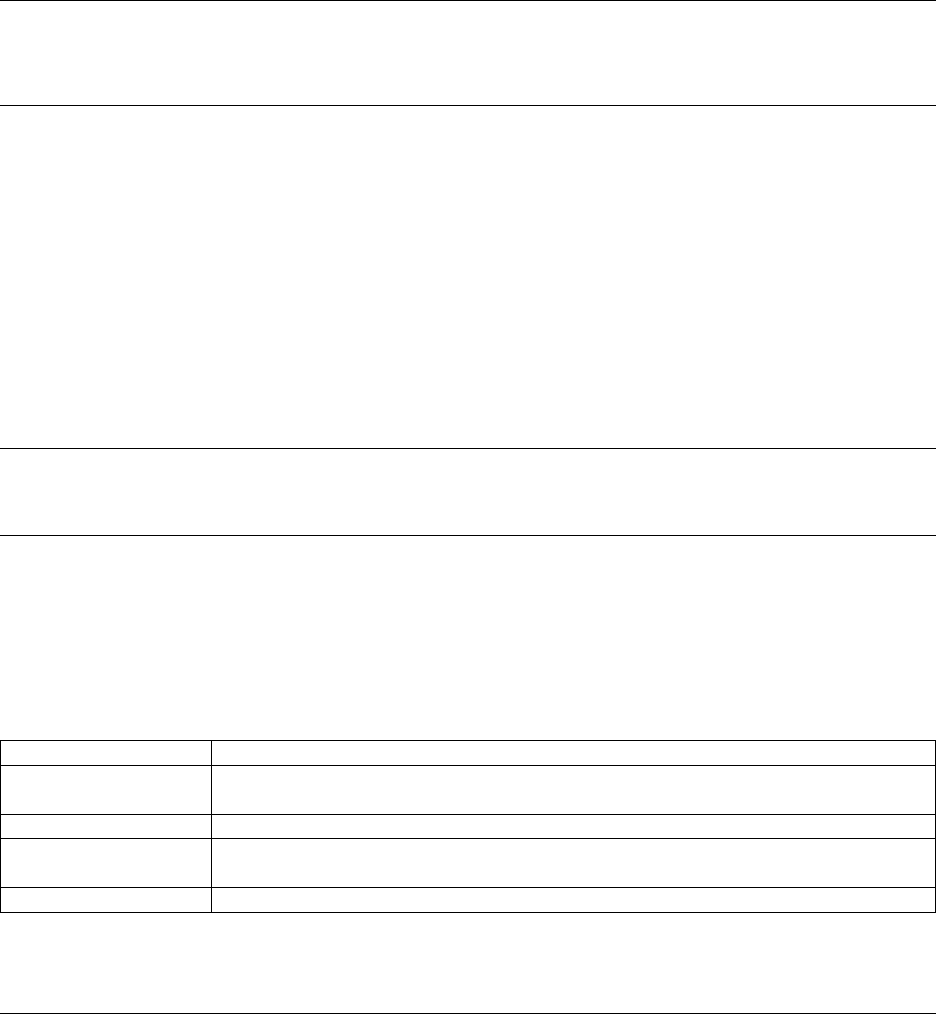
CHAPTER 10
GeoServer data directory
The GeoServer data directory is the location in the file system where GeoServer stores its configuration
information.
The configuration defines what data is served by GeoServer, where it is stored, and how services interact
with and serve the data. The data directory also contains a number of support files used by GeoServer for
various purposes.
For production use, it is recommended to define an external data directory (outside the application) to make
it easier to upgrade. The Setting the data directory location section describes how to configure GeoServer to
use an existing data directory.
Note: Since GeoServer provides both an interactive interface (via the web admin interface) and programmatic
interface (through the REST API) to manage configuration, most users do not need to know about the
internal structure of the data directory, but an overview is provided below.
10.1 Data directory default location
If GeoServer is running in standalone mode (via an installer or a binary) the data directory is located at
<installation root>/data_dir.
Standalone platform Default/typical location
Windows (except
XP)
C:\Program Files (x86)\GeoServer 2.15.1\data_dir
Windows XP C:Program Files\GeoServer 2.15.1\data_dir
Mac OS X /Applications/GeoServer.app/Contents/Resources/Java/
data_dir
Linux (Tomcat) /var/lib/tomcat7/webapps/geoserver/data
1285
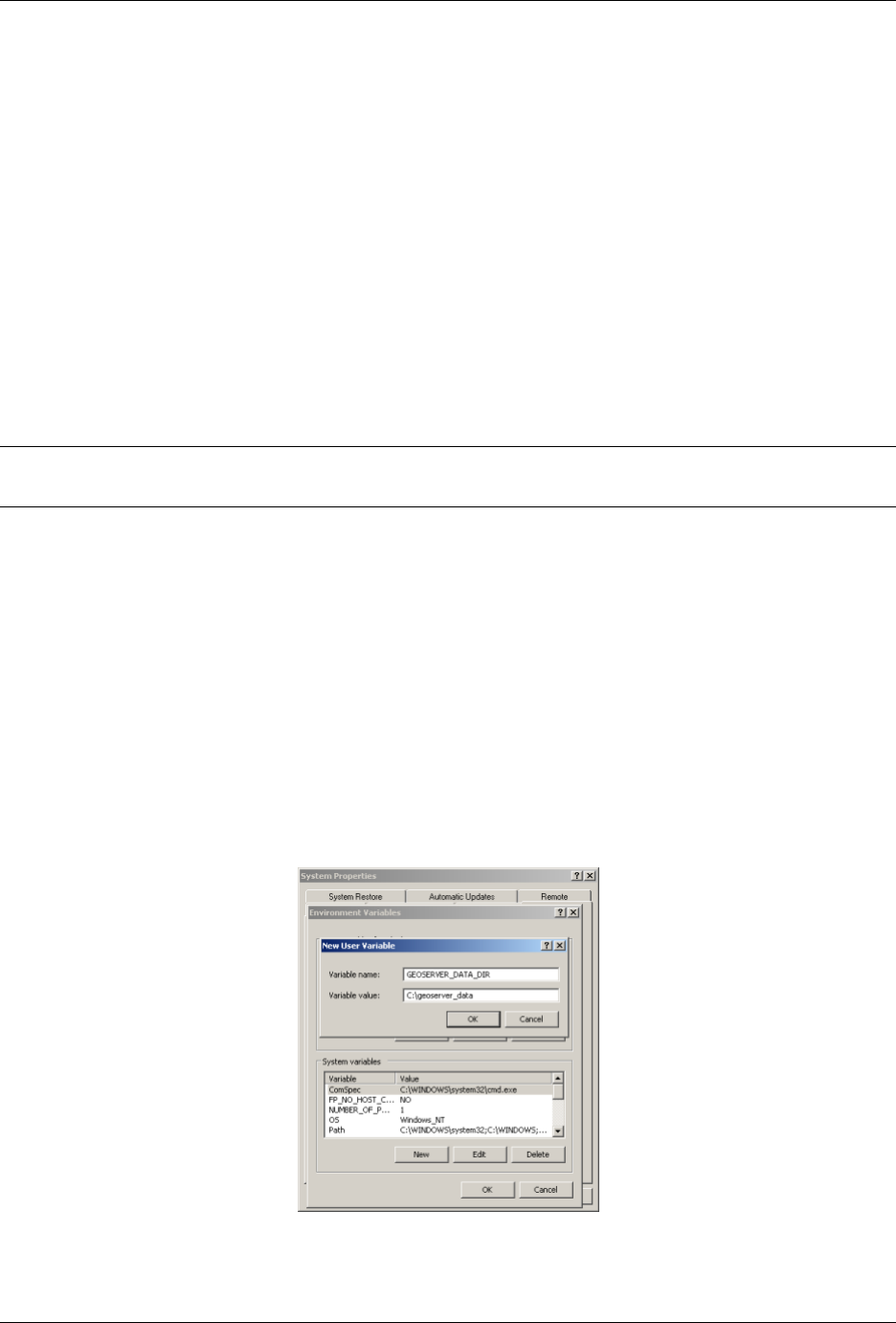
GeoServer User Manual, Release 2.15.1
If GeoServer is running as a web archive inside of a custom-deployed application server, the data directory
is by default located at <web application root>/data.
10.1.1 Creating a new data directory
The easiest way to create a new data directory is to copy an existing one.
Once the data directory has been located, copy it to a new location. To point a GeoServer instance at the
new data directory proceed to the next section Setting the data directory location.
10.2 Setting the data directory location
The procedure for setting the location of the GeoServer data directory is dependent on the type of GeoServer
installation. Follow the instructions below specific to the target platform.
Note: If the location of the GeoServer data directory is not set explicitly, the directory data_dir under
the root of the GeoServer installation will be chosen by default.
10.2.1 Windows
On Windows platforms the location of the GeoServer data directory is controlled by the
GEOSERVER_DATA_DIR environment variable.
To set the environment variable:
1. Open the System Control Panel.
2. Click Advanced System Properties.
3. Click Environment Variables.
4. Click the New button and create a environment variable called GEOSERVER_DATA_DIR and set it to
the desired location.
Fig. 10.1: Setting an environment variable on Windows
1286 Chapter 10. GeoServer data directory
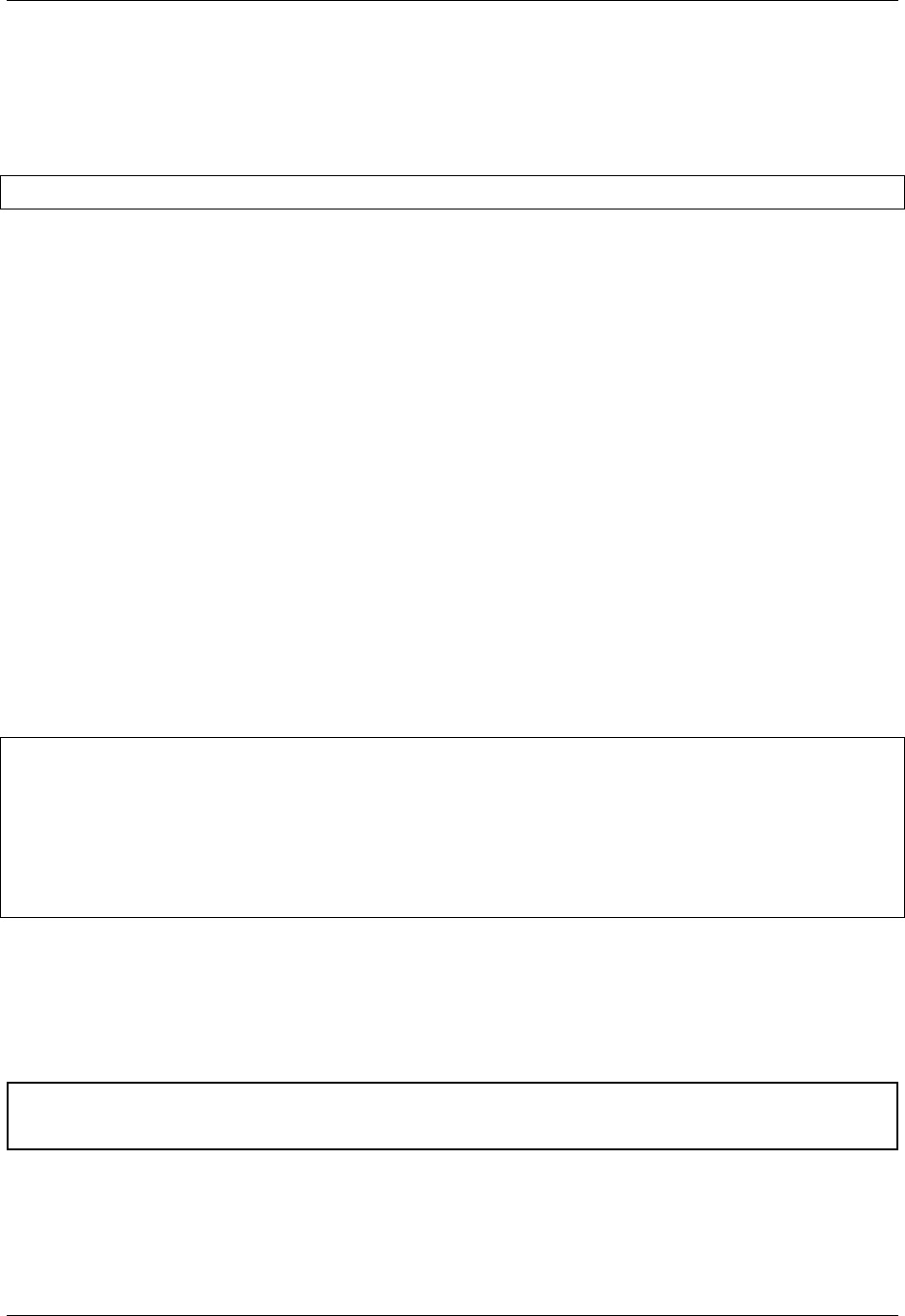
GeoServer User Manual, Release 2.15.1
10.2.2 Linux
On Linux platforms the location of the GeoServer data directory is controlled by the
GEOSERVER_DATA_DIR environment variable. Setting the variable can be achieved with the follow-
ing command (in the terminal):
export GEOSERVER_DATA_DIR=/var/lib/geoserver_data
To make the variable persist, place the command in the .bash_profile or .bashrc file. Ensure that this
done for the user running GeoServer.
10.2.3 Mac OS X
For the binary install of GeoServer on Mac OS X, the data directory is set in the same way as for Linux.
For the Mac OS X install, set the GEOSERVER_DATA_DIR environment variable to the desired directory
location. See this page for details on how to set an environment variable in Mac OS X.
10.2.4 Web archive
When running a GeoServer WAR inside a servlet container, the data directory can be specified in a number
of ways. The recommended method is to set a servlet context parameter. An alternative is to set a Java
system property.
Context parameter
To specify the data directory using a servlet context parameter, create the following <context-param>
element in the WEB-INF/web.xml file for the GeoServer application:
<web-app>
...
<context-param>
<param-name>GEOSERVER_DATA_DIR</param-name>
<param-value>/var/lib/geoserver_data</param-value>
</context-param>
...
</web-app>
Java system property
It is also possible to specify the data directory location with a Java system property. This method can be
useful during upgrades, as it avoids the need to set the data directory after every upgrade.
Warning: Using a Java system property will typically set the property for all applications running in
the servlet container, not just GeoServer.
The method of setting the Java system property is dependent on the servlet container:
• For Tomcat, edit the file bin/setclasspath.sh under the root of the Tomcat installation. Specify
the GEOSERVER_DATA_DIR system property by setting the CATALINA_OPTS variable:
10.2. Setting the data directory location 1287
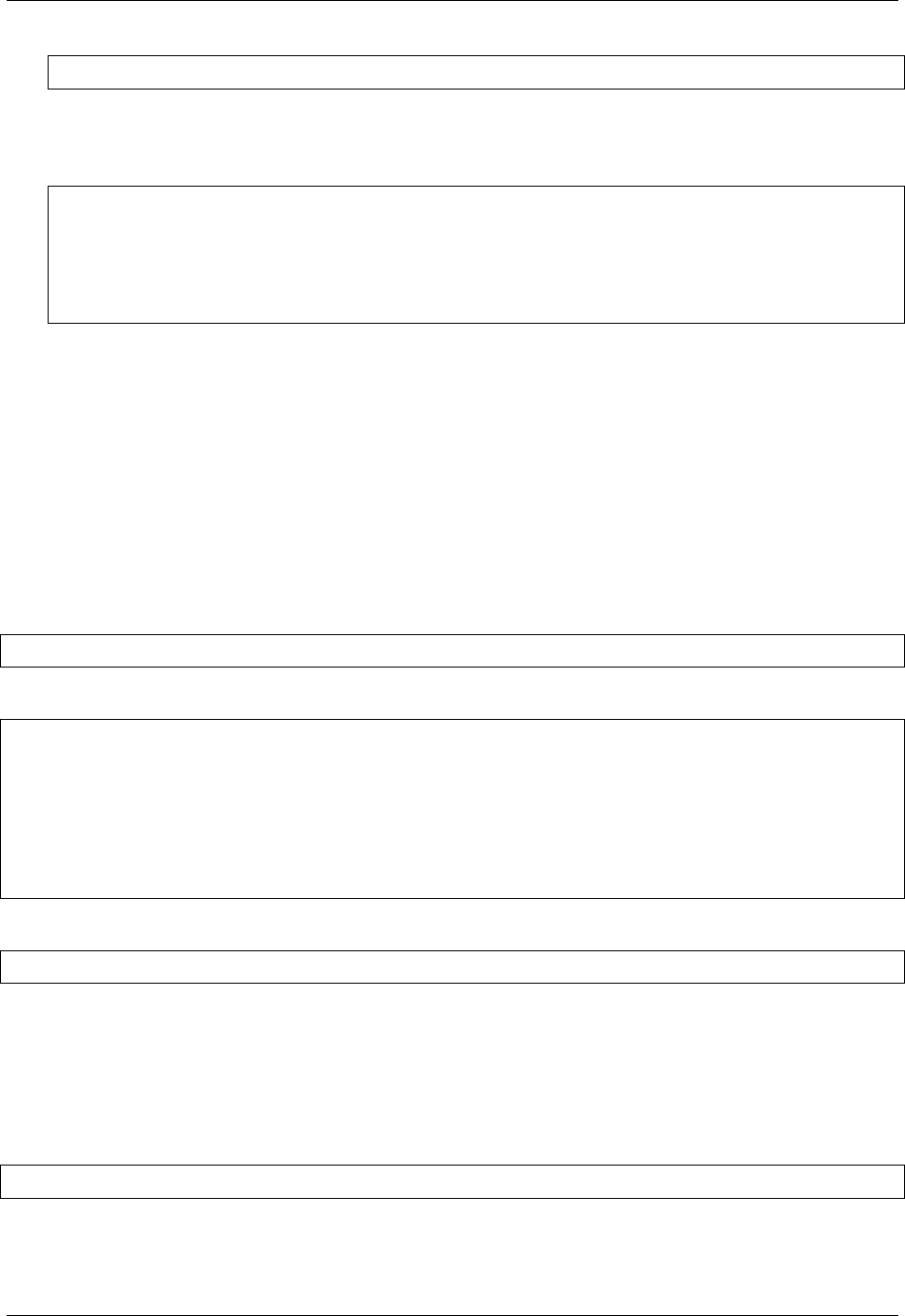
GeoServer User Manual, Release 2.15.1
CATALINA_OPTS="-DGEOSERVER_DATA_DIR=/var/lib/geoserver_data"
• For Glassfish, edit the file domains/<<domain>>/config/domain.xml under the root of the
Glassfish installation, where <<domain>> refers to the domain that the GeoServer web application is
deployed under. Add a <jvm-options> element inside the <java-config> element:
...
<java-config>
...
<jvm-options>-DGEOSERVER_DATA_DIR=/var/lib/geoserver_data</jvm-options>
</java-config>
...
10.2.5 Require files to exist
If the data directory is on a network filesystem, it can be desirable for security reasons to require one or
more files or directories to exist before GeoServer will start, to prevent GeoServer from falling back into a
default insecure configuration if the data directory appears to be empty because of the loss of this network
resource.
To require files or directories to exist, use any of the methods above to set GEOSERVER_REQUIRE_FILE.
Do not specify a mount point as this will still exist if a network filesystem is unavailable; instead specify a
file or directory inside a network mount. For example:
Environment variable:
export GEOSERVER_REQUIRE_FILE=/mnt/server/geoserver_data/global.xml
Servlet context parameter:
<web-app>
...
<context-param>
<param-name>GEOSERVER_REQUIRE_FILE</param-name>
<param-value>/mnt/server/geoserver_data/global.xml</param-value>
</context-param>
...
</web-app>
Java system property:
CATALINA_OPTS="-DGEOSERVER_REQUIRE_FILE=/mnt/server/geoserver_data/global.xml"
Multiple files
To specify multiple files or directories that must exist, separate them with the path separator (:on Linux,
;on Windows):
Environment variable:
export GEOSERVER_REQUIRE_FILE=/mnt/server/geoserver_data/global.xml:/mnt/server/data
Servlet context parameter:
1288 Chapter 10. GeoServer data directory
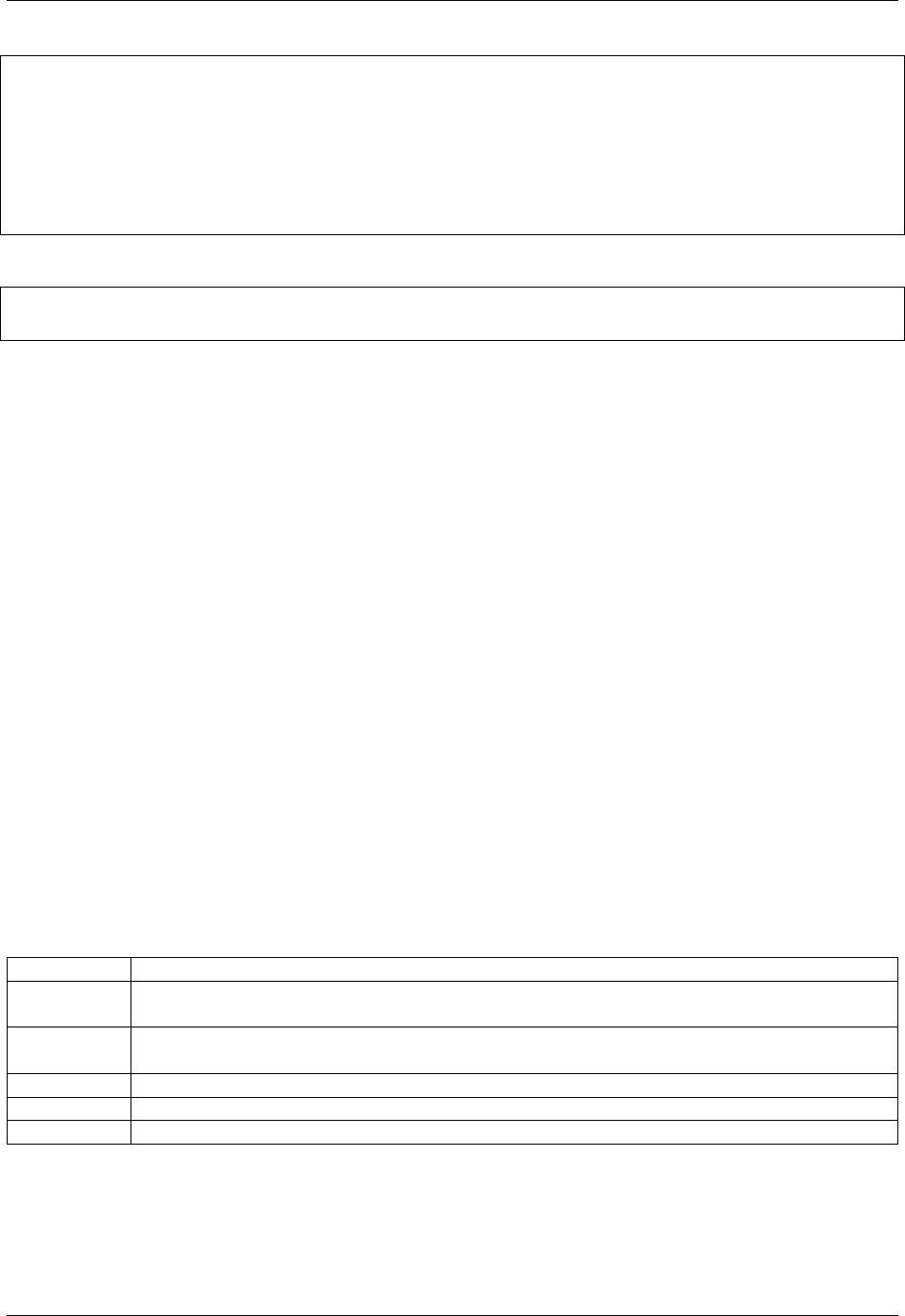
GeoServer User Manual, Release 2.15.1
<web-app>
...
<context-param>
<param-name>GEOSERVER_REQUIRE_FILE</param-name>
<param-value>/mnt/server/geoserver_data/global.xml:/mnt/server/data</param-value>
</context-param>
...
</web-app>
Java system property:
CATALINA_OPTS="-DGEOSERVER_REQUIRE_FILE=/mnt/server/geoserver_data/global.xml:/mnt/
,→server/data"
10.3 Structure of the data directory
This section gives an overview of the structure and contents of the GeoServer data directory.
This is not intended to be a complete reference to the GeoServer configuration information, since generally
the data directory configuration files should not be accessed directly.
Instead, the Web administration interface can be used to view and modify the configuration, and for program-
matic access and manipulation the REST API should be used.
The directories that do contain user-modifiable content are:
•logs
•palettes
•templates
•user_projections
•www
10.3.1 Top-level XML files
The top-level XML files contain information about the services and various global options for the server
instance.
File Description
global.
xml
Contains settings common to all services, such as contact information, JAI settings, char-
acter sets and verbosity.
logging.
xml
Specifies logging parameters, such as logging level, logfile location, and whether to log to
stdout.
wcs.xml Contains the service metadata and various settings for the WCS service.
wfs.xml Contains the service metadata and various settings for the WFS service.
wms.xml Contains the service metadata and various settings for the WMS service.
10.3.2 workspaces
The workspaces directory contain metadata about the layers published by GeoServer. It contains a direc-
tory for each defined workspace.
10.3. Structure of the data directory 1289
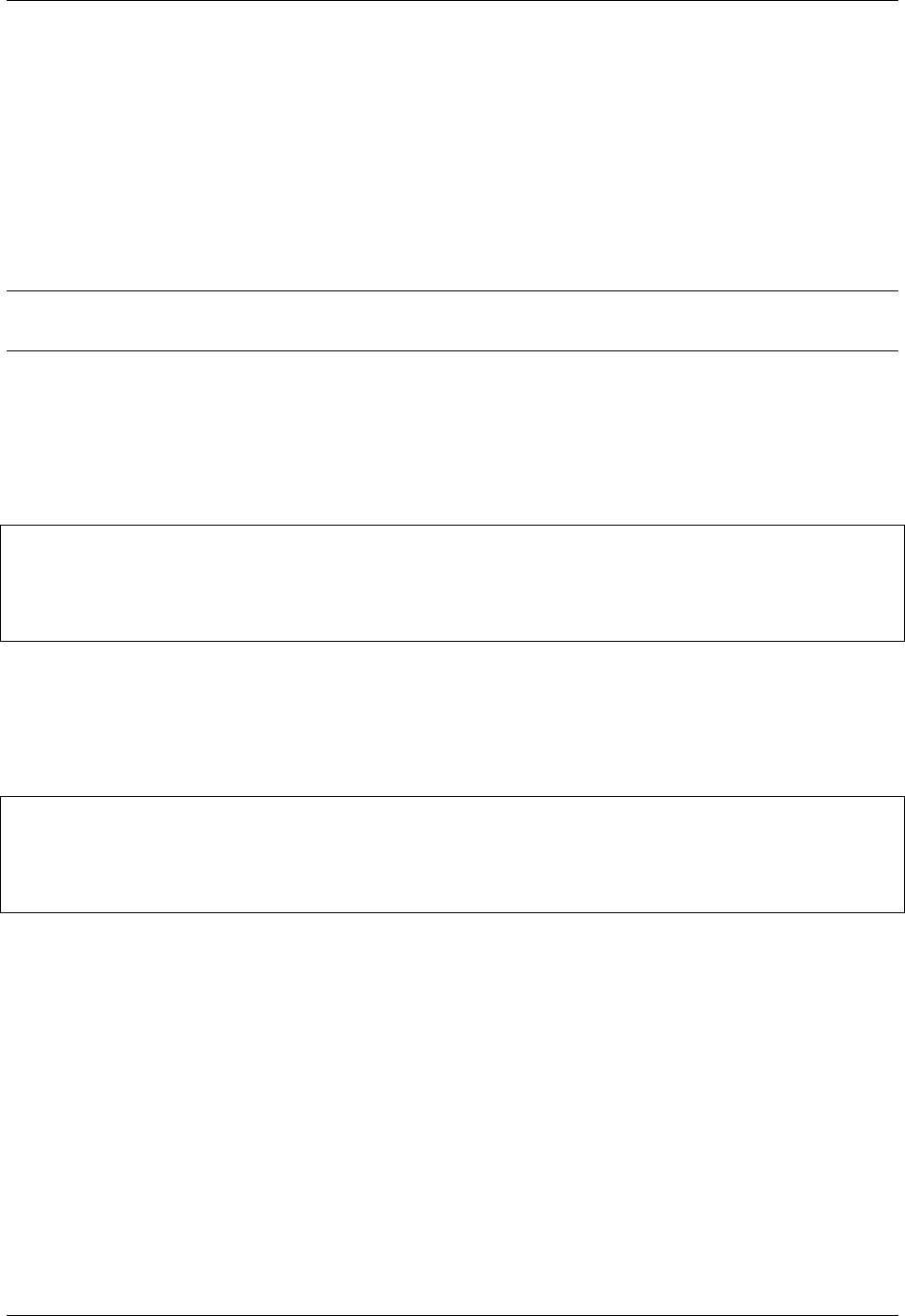
GeoServer User Manual, Release 2.15.1
Each workspace directory contains directories for the datastores defined in it. Each datastore directory
contains directories for the layers defined for the datastore.
Each layer directory contains a layer.xml file, and either a coverage.xml or a featuretype.xml file
depending on whether the layer represents a raster or vector dataset.
10.3.3 data
The data directory can be used to store file-based geospatial datasets being served as layers.
Note: This should not be confused with the main GeoServer data directory, which is the parent to this
directory.
This directory is commonly used to store shapefiles and raster files, but can be used for any data that is
file-based.
The main benefit of storing data files under the data directory is portability.
Consider a shapefile stored external to the data directory at a location C:\gis_data\foo.shp. The
datastore entry in catalog.xml for this shapefile would look like the following:
<datastore id="foo_shapefile">
<connectionParams>
<parameter name="url" value="file://C:/gis_data/foo.shp" />
</connectionParams>
</datastore>
Now consider trying to port this data directory to another host running GeoServer. The location
C:\gis_data\foo.shp probably does not exist on the second host. So either the file must be copied
to this location on the new host, or catalog.xml must be changed to reflect a new location.
This problem can be avoided by storing foo.shp in the data directory. In this case the datastore entry
in catalog.xml becomes:
<datastore id="foo_shapefile">
<connectionParams>
<parameter name="url" value="file:data/foo.shp"/>
</connectionParams>
</datastore>
The value attribute is rewritten to be relative to the data directory. This location independence allows the
entire data directory to be copied to a new host and used directly with no additional changes.
10.3.4 demo
The demo directory contains files which define the sample requests available in the Demo Request page.
10.3.5 gwc
The gwc directory holds the tile cache created by the embedded GeoWebCache service.
1290 Chapter 10. GeoServer data directory
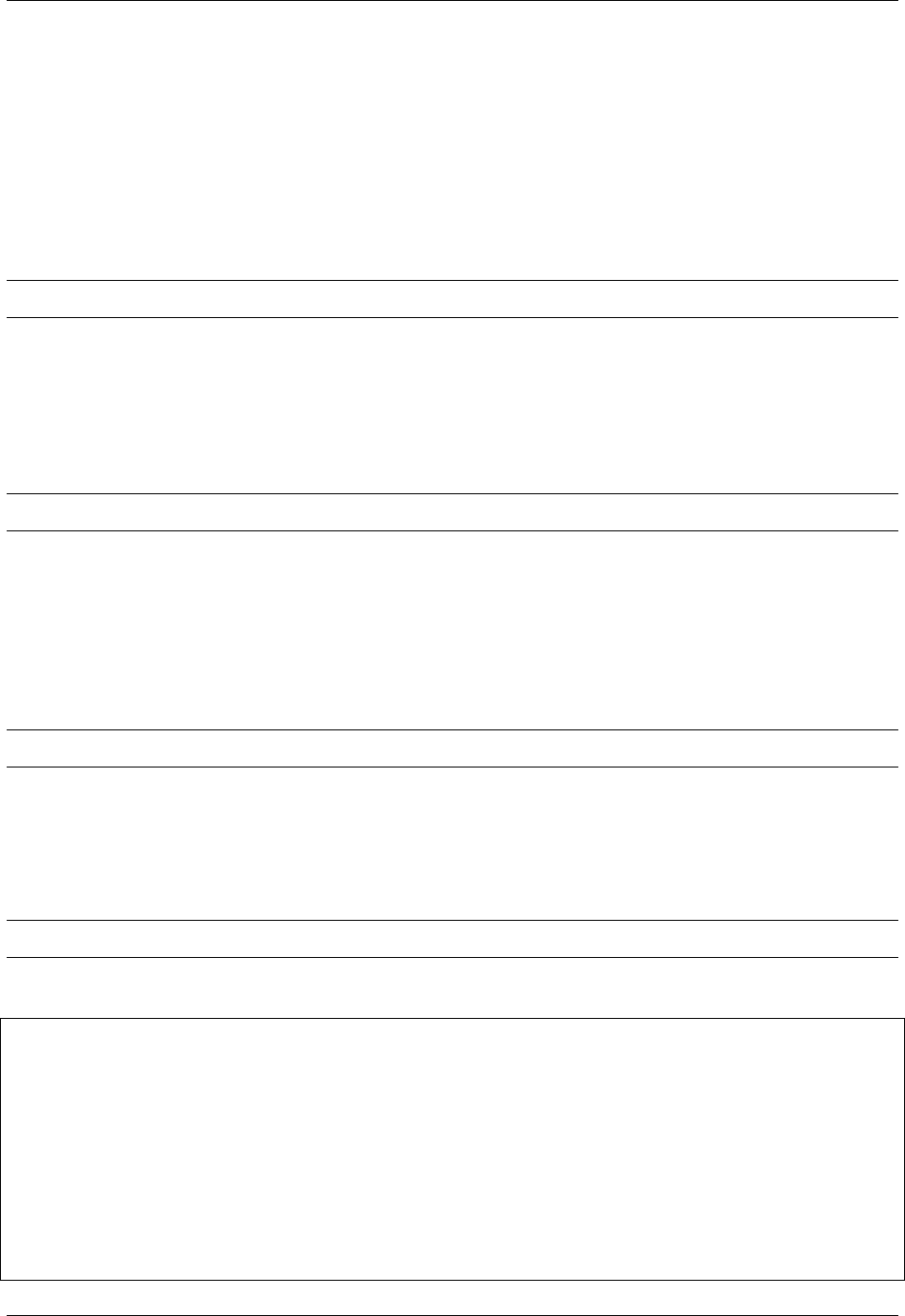
GeoServer User Manual, Release 2.15.1
10.3.6 layergroups
The layergroups directory contains configuration information for the defined layergroups.
10.3.7 logs
The logs directory contains configuration information for the various defined logging profiles, and the
default geoserver.log log file.
Note: See also the Logging section for more details.
10.3.8 palettes
The palettes directory is used to store pre-computed Image Palettes. Image palettes are used by the
GeoServer WMS as way to reduce the size of produced images while maintaining image quality.
Note: See also the Paletted Images tutorial for more information.
10.3.9 security
The security directory contains the files used to configure the GeoServer security subsystem. This in-
cludes a set of property files which define access roles, along with the services and data each role is autho-
rized to access.
Note: See also the Security section for more information.
10.3.10 styles
The styles directory contains files which contain styling information used by the GeoServer WMS.
Note: See also the Styling section for more information.
For each SLD file in this directory there is a corresponding XML file:
<style>
<id>StyleInfoImpl--570ae188:124761b8d78:-7fe1</id>
<name>grass</name>
<sldVersion>
<version>1.0.0</version>
</sldVersion>
<filename>grass_poly.sld</filename>
<legend>
<width>32</width>
<height>32</height>
<format>image/png</format>
<onlineResource>grass_fill.png</onlineResource>
10.3. Structure of the data directory 1291
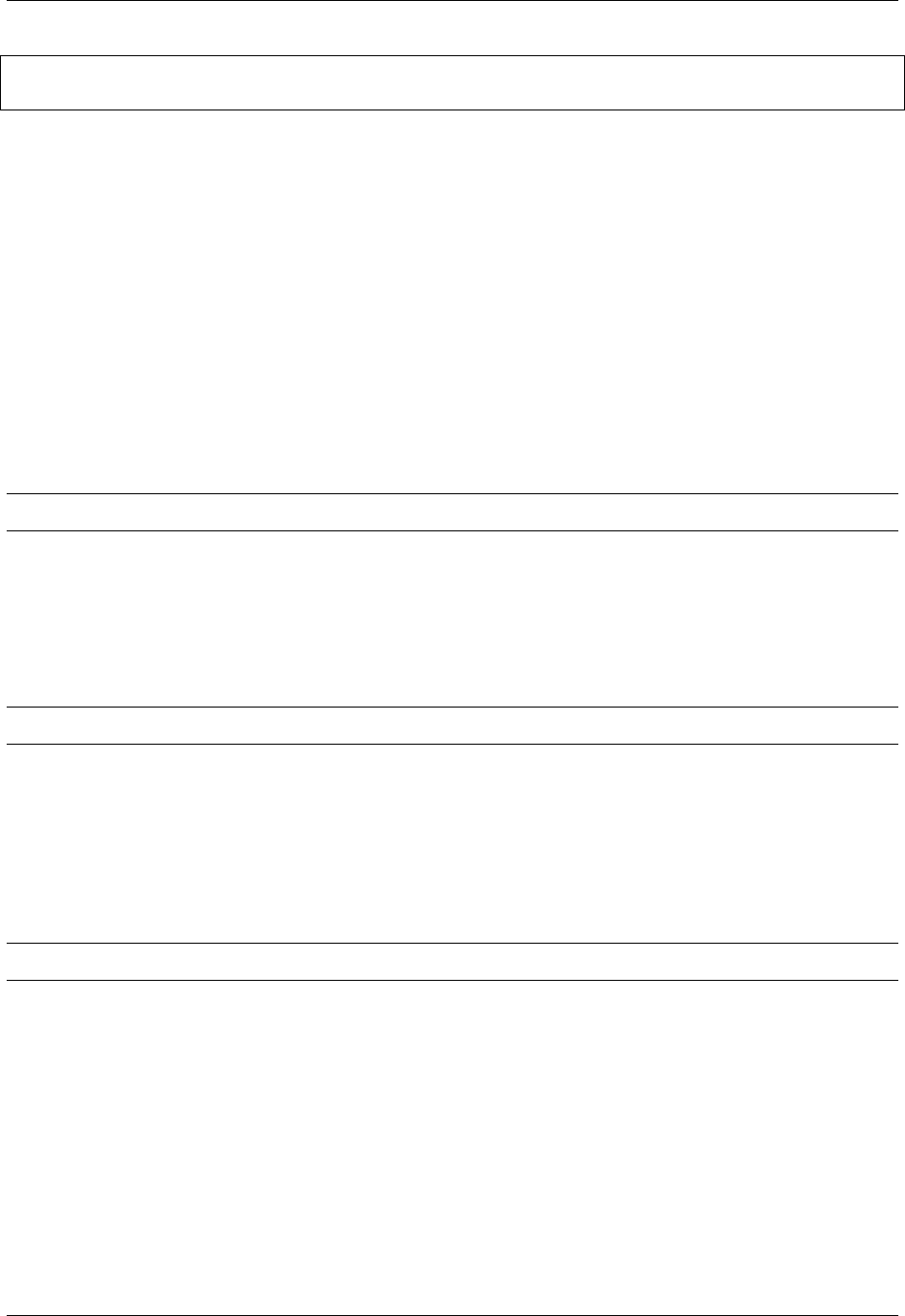
GeoServer User Manual, Release 2.15.1
</legend>
</style>
The styles directory can also be used to host support files referenced during style configuration:
• Support files: SLD files can reference external graphics. This is useful when supplying your own icons
in the form of image files or TrueType font files. Without any path information supplied, the default
will be this directory.
• A style external graphic is dynamically created for use as a legend. The contents of the directory
is published allowing clients to access the legends used. When running GeoServer on localhost,
an image file image.png stored in this directory can be referenced in a browser using http:/
<host:port>/geoserver/styles/image.png.
10.3.11 templates
The templates directory contains files used by the GeoServer templating subsystem. Templates are used
to customize the output of various GeoServer operations.
Note: See also Freemarker Templates for more information..
10.3.12 user_projections
The user_projections directory contains a file called epsg.properties which is used to define cus-
tom spatial reference systems that are not part of the official EPSG database.
Note: See also Custom CRS Definitions for more information.
10.3.13 www
The www directory is used to allow GeoServer to serve files like a regular web server. While not a replace-
ment for a full web server, this can be useful for serving client-side mapping applications. The contents of
this directory are served at http:/<host:port>/geoserver/www.
Note: See also Serving Static Files for more information.
10.4 Migrating a data directory between versions
It is possible to keep the same data directory while migrating to different versions of GeoServer, such as
during an update.
There should generally be no problems or issues migrating data directories between patch versions of
GeoServer (for example, from 2.9.0 to 2.9.1 or vice versa).
Similarly, there should rarely be any issues involved with migrating between minor versions (for example,
from 2.8.x to 2.9.x). Care should be taken to back up the data directory prior to migration.
1292 Chapter 10. GeoServer data directory
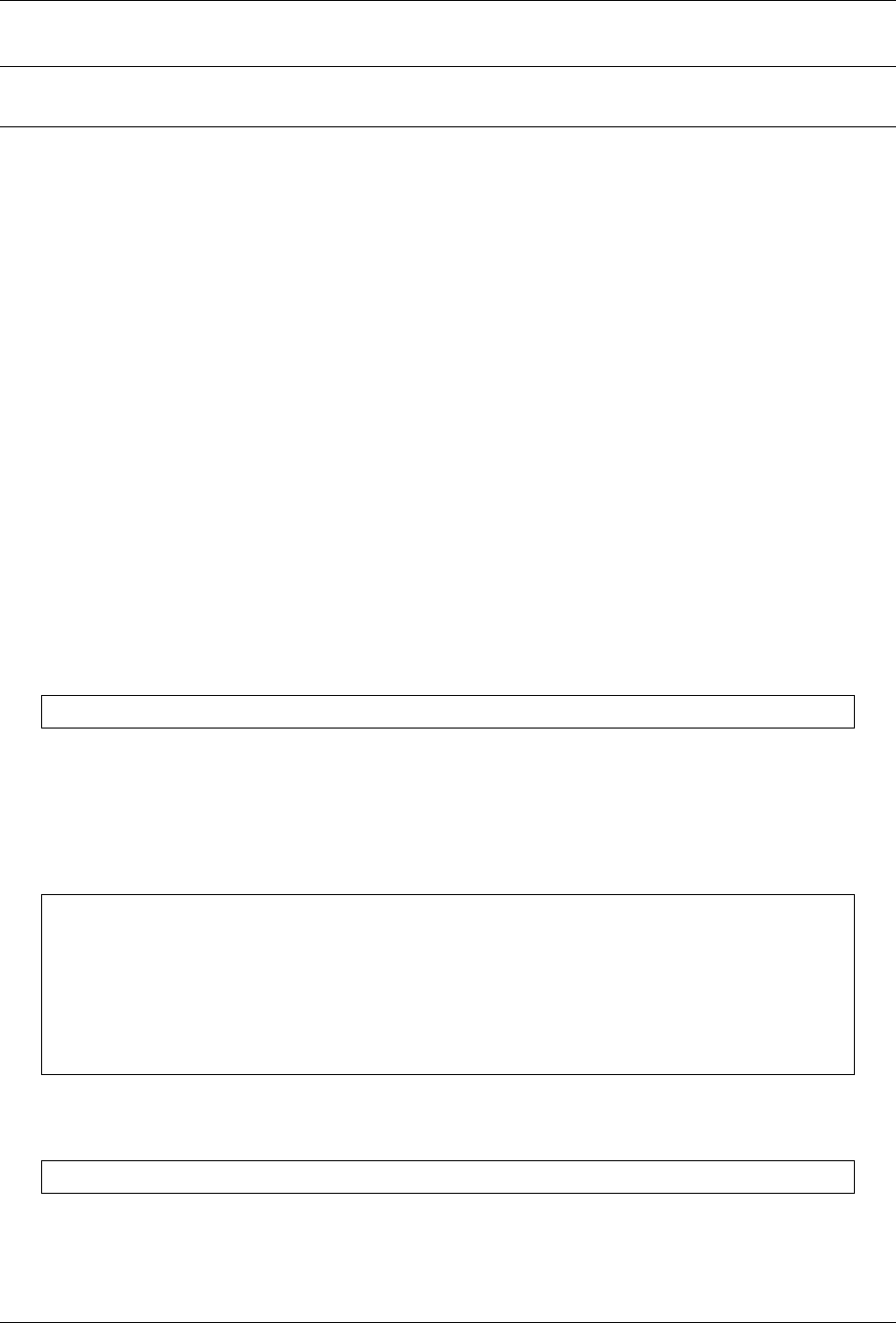
GeoServer User Manual, Release 2.15.1
Note: Some minor version migrations may not be reversible, since newer versions of GeoServer may
make backwards-incompatible changes to the data directory.
10.5 Parameterize catalog settings
This feature allows to parameterize some of the settings in GeoServer’s catalog.
What we mean with that is that you are able to use a templating mechanism to tailor GeoServer’s settings
to the environment in which is run.
For example, you’d want to move the latest changes you’ve made from a GeoServer instance running on
machine Ato another instance running on machine Bbut there are some differences in the way the two
environments are set up, let’s say the password used to connect to the database is different.
If you simply create a backup of the catalog from instance Aand restore it on instance B, the stores config-
ured on the database will not be accessible and the corresponding layers will not work properly.
Another example would be the max number of connections available in the connection pool to the database.
You might want to have a different poll configuration in the two environments (maybe GeoServer on ma-
chine Ais a test instance an GeoServer on machine Bis used in production).
To overcome such limitation (to have the environment set up in the exact same way on the source machine
and on the destination machine) the ENV parametrization allows you to customize the catalog configura-
tion via the use of a templating system.
First of all to be able to use this feature, set the following flag via system variable to GeoServer’s environ-
ment:
-DALLOW_ENV_PARAMETRIZATION=true
Then create a file called geoserver-environment.properties in the root of GeoServer’s datadir. This
file will contain the definitions for the variables parameterized in the catalog configuration.
Now edit GeoServer’s configuration files of the source machine that you want to be parametric, for example
let’s parameterize the URL of a store (this can also be done via GeoServer admin UI):
vim coveragestore.xml
...
<enabled>true</enabled>
<workspace>
<id>WorkspaceInfoImpl--134aa31e:1564c12ef68:-7ffe</id>
</workspace>
<__default>false</__default>
<url>${store_url}</url>
</coverageStore>
Add a definition for the variable store_url in your
geoserver-environment.properties
store_url =file:///var/geoserver/store/teststore
Now restart GeoServer and navigate to the store config
As you can see the URL in “Connection Parameters” settings now refers the variable store_url whose value
is defined in the geoserver-environment.properties file.
10.5. Parameterize catalog settings 1293
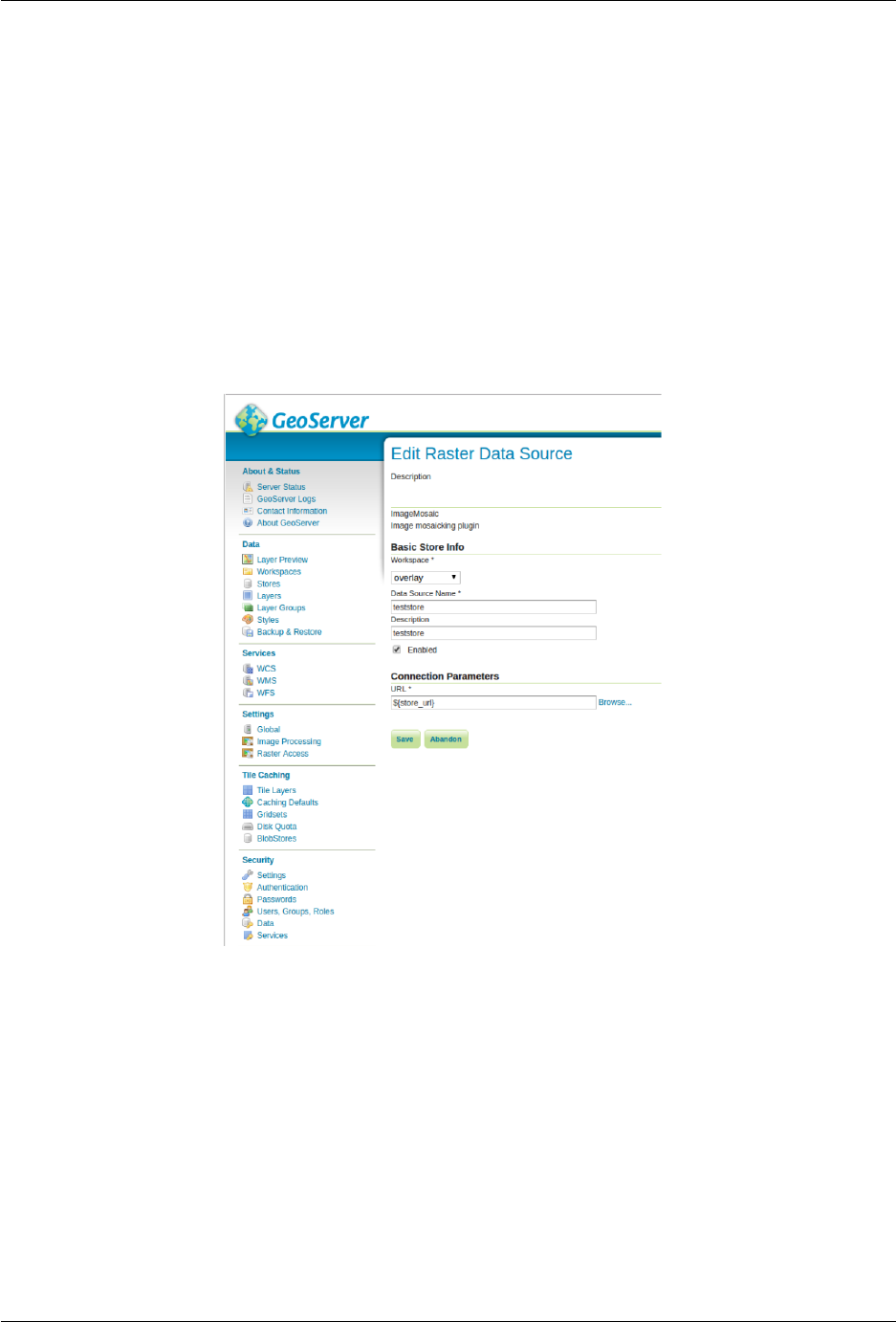
GeoServer User Manual, Release 2.15.1
1294 Chapter 10. GeoServer data directory

CHAPTER 11
Running in a production environment
GeoServer is geared towards many different uses, from a simple test server to the enterprise-level data
server. While many optimizations for GeoServer are set by default, here are some extra considerations to
keep in mind when running GeoServer in a production environment.
11.1 Java Considerations
11.1.1 Use supported JRE
GeoServer’s speed depends a lot on the chosen Java Runtime Environment (JRE). The latest versions of
GeoServer are tested with both Oracle JRE and OpenJDK. Implementations other than those tested may
work correctly, but are generally not recommended.
Tested:
• Java 11 - GeoServer 2.15.x and above (OpenJDK tested)
• Java 8 - GeoServer 2.9.x and above (OpenJDK and Oracle JRE tested)
• Java 7 - GeoServer 2.6.x to GeoServer 2.8.x (OpenJDK and Oracle JRE tested)
• Java 6 - GeoServer 2.3.x to GeoServer 2.5.x (Oracle JRE tested)
• Java 5 - GeoServer 2.2.x and earlier (Sun JRE tested)
For best performance we recommend the use Oracle JRE 8 (also known as JRE 1.8).
As of GeoServer 2.0, a Java Runtime Environment (JRE) is sufficient to run GeoServer. GeoServer no longer
requires a Java Development Kit (JDK).
11.1.2 Running on Java 11
GeoServer 2.15 will run under Java 11 with no additional configuration on Tomcat 9 or newer and Jetty
9.4.12 or newer.
1295
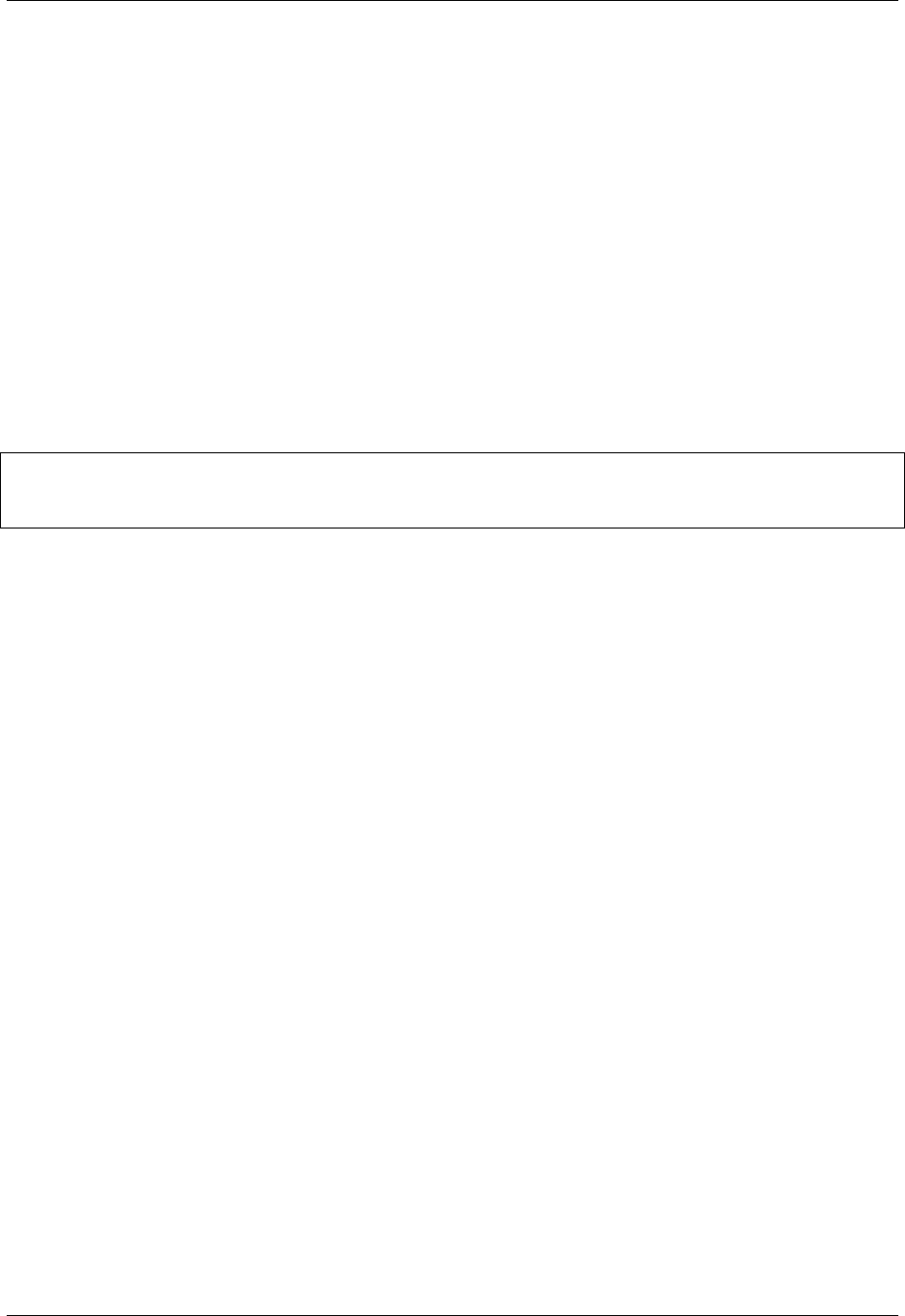
GeoServer User Manual, Release 2.15.1
Running GeoServer under Java 11 on other Application Servers may require some additional configuration.
Some Application Servers do not support Java 11 yet.
•Wildfly 14 supports Java 11, with some additional configuration - in the run configuration, under VM
arguments add:
–add-modules=java.se
Future WildFly releases should support Java 11 with no additional configuration.
•GlassFish does not currently Java 11, although the upcoming 5.0.1 release is expected to include
support for it.
•WebLogic do not yet support Java 11.
GeoServer cleanup
Once the installation is complete, you may optionally remove the original JAI files from the GeoServer
WEB-INF/lib folder:
jai_core-x.y.z.jar
jai_imageio-x.y.jar
jai_codec-x.y.z.jar
where x,y, and zrefer to specific version numbers.
11.1.3 Installing Unlimited Strength Jurisdiction Policy Files
These policy files are needed for unlimited cryptography. As an example, Java does not support AES with
a key length of 256 bit. Installing the policy files removes these restrictions.
Open JDK
Since Open JDK is Open Source, the policy files are already installed.
Oracle Java
The policy files are available at
•Java 8 JCE policy jars
•Java 7 JCE policy jars
•Java 6 JCE policy jars
The download contains two files, local_policy.jar and US_export_policy.jar. The default versions of these
two files are stored in JRE_HOME/lib/security. Replace these two files with the versions from the down-
load.
Test if unlimited key length is available
Start or restart GeoServer and login as administrator. The annotated warning should have disappeared.
Additionally, the GeoServer log file should contain the following line:
1296 Chapter 11. Running in a production environment
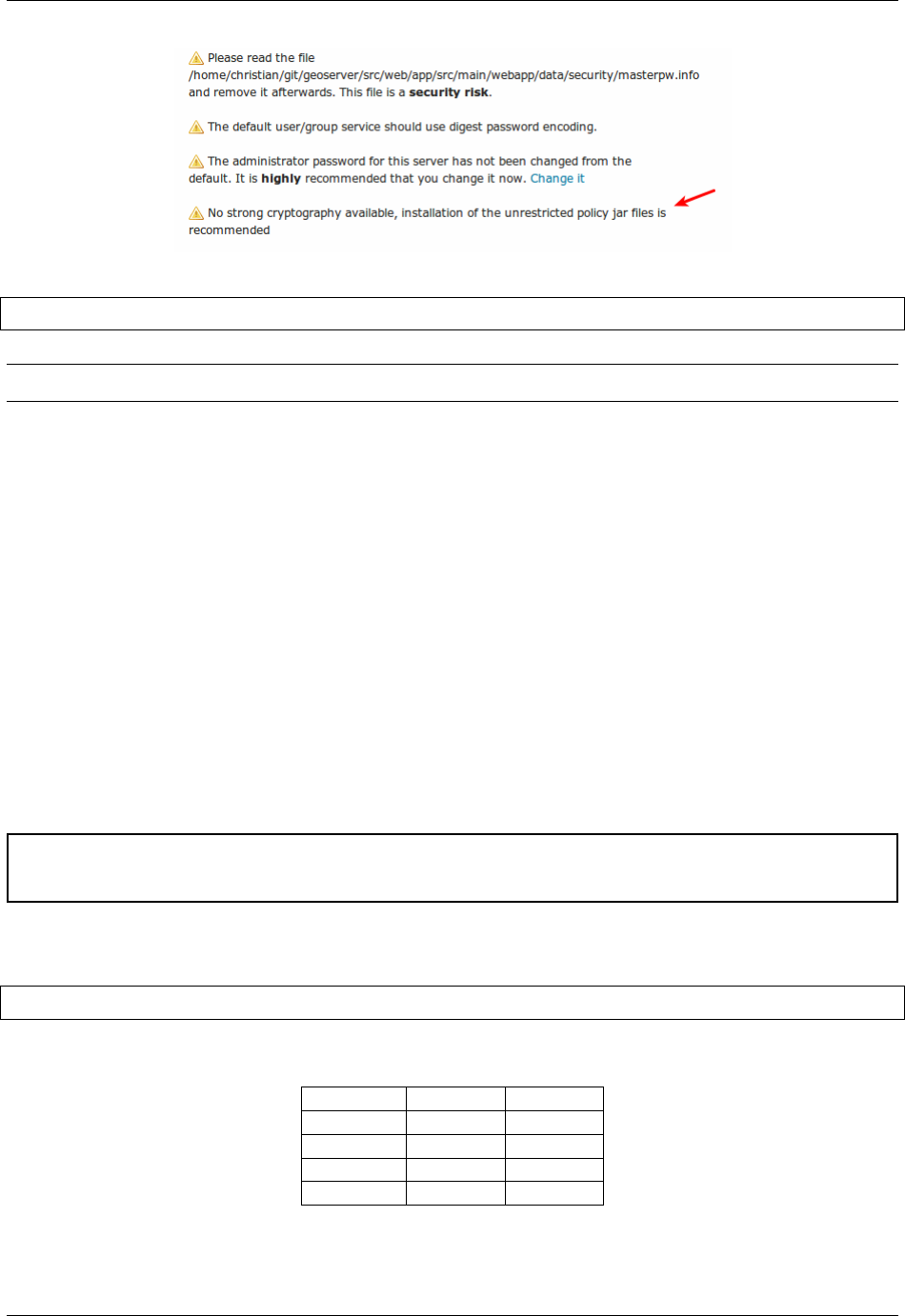
GeoServer User Manual, Release 2.15.1
"Strong cryptography is available"
Note: The replacement has to be done for each update of the Java runtime.
IBM Java
The policy files are available at
•IBM JCE policy jars
An IBM ID is needed to log in. The installation is identical to Oracle.
11.1.4 Outdated: install native JAI and ImageIO extensions
The Java Advanced Imaging API (JAI) is an advanced image processing library built by Oracle. GeoServer
uses JAI-EXT, a set of replacement operations with bug fixes and NODATA support, for all image process-
ing.
In case there is no interest in NODATA support, one can disable JAI-EXT and install the native JAI exten-
sions to improve raster processing performance.
Warning: Users should take care that JAI native libraries remove support for NODATA pixels, provided
instead by the pure Java JAI-EXT libraries.
Before installing native JAI, JAI-EXT can be disabled adding the following system variable to the JVM
running GeoServer:
-Dorg.geotools.coverage.jaiext.enabled=false
Native JAI and ImageIO extensions are available for:
System 32-bit 64-bit
Windows available
Linux available available
Solaris available available
Max OSX
11.1. Java Considerations 1297
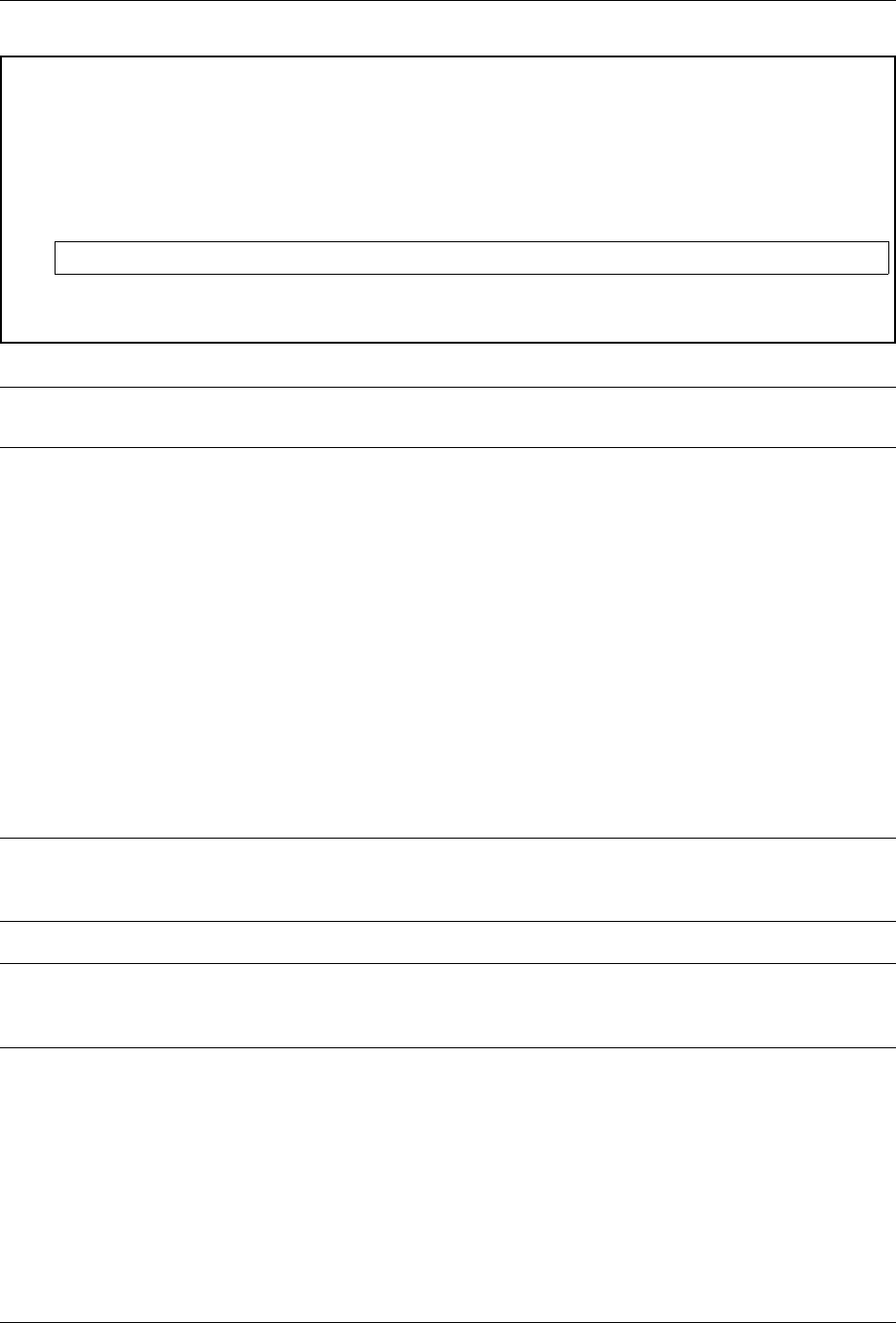
GeoServer User Manual, Release 2.15.1
Warning: A system installations of JAI and ImageIO may conflict with the pure java copy of JAI and Im-
ageIO included in your GeoServer WEB-INF/lib folder - producing “class cast exceptions” preventing
your application server from starting GeoServer.
• When installed as a “java extension” JAI and JAI ImageIO are unpacked into your JRE as both
native code (in bin) and jars (in ext/libs). If you encounter this problem after installation of
native the JAI and ImageIO extensions remove the pure java implementation from your GeoServer
instances WEB-INF/lib folder:
rm jai_core-*jar jai_imageio-*.jar jai_codec-*.jar
• On OSX jars may be installed in ~/Library/Java/Extensions, we advise removing these jars
if present as they are no longer maintained by Apple.
Note: Native ImageIO encoding may not always be the best choice, we recommend the built-in PNGJ based
encoder and libjpeg-turbo Map Encoder Extension for png8 and jpeg encoding performance.
Installing native JAI on Windows
1. Go to the JAI download page and download the Windows installer for version 1.1.3. At the time of
writing only the 32 bit version of the installer is available, so if you are using a JDK, you will want to
download jai-1_1_3-lib-windows-i586-jdk.exe, and if you are using a JRE, you will want to download
jai-1_1_3-lib-windows-i586-jre.exe.
2. Run the installer and point it to the JDK/JRE install that GeoServer will use to run.
3. Go to the JAI Image I/O download page and download the Windows installer for version 1.1. At
the time of writing only the 32 bit version of the installer is available, so if you are using a JDK, you
will want to download jai_imageio-1_1-lib-windows-i586-jdk.exe, and if you are using a JRE, you will
want to download jai_imageio-1_1-lib-windows-i586-jre.exe
4. Run the installer and point it to the JDK/JRE install that GeoServer will use to run.
Note: These installers are limited to allow adding native extensions to just one version of the JDK/JRE on
your system. If native extensions are needed on multiple versions, manually unpacking the extensions will
be necessary. See the section on Installing native JAI manually.
Note: These installers are also only able to apply the extensions to the currently used JDK/JRE. If native
extensions are needed on a different JDK/JRE than that which is currently used, it will be necessary to
uninstall the current one first, then run the setup program against the remaining JDK/JRE.
Installing native JAI on Linux
1. Go to the OpenGeo JAI download page and download the Linux installer for version 1.1.3, choosing
the appropriate architecture:
•i586 for the 32 bit systems
•amd64 for the 64 bit ones (even if using Intel processors)
1298 Chapter 11. Running in a production environment
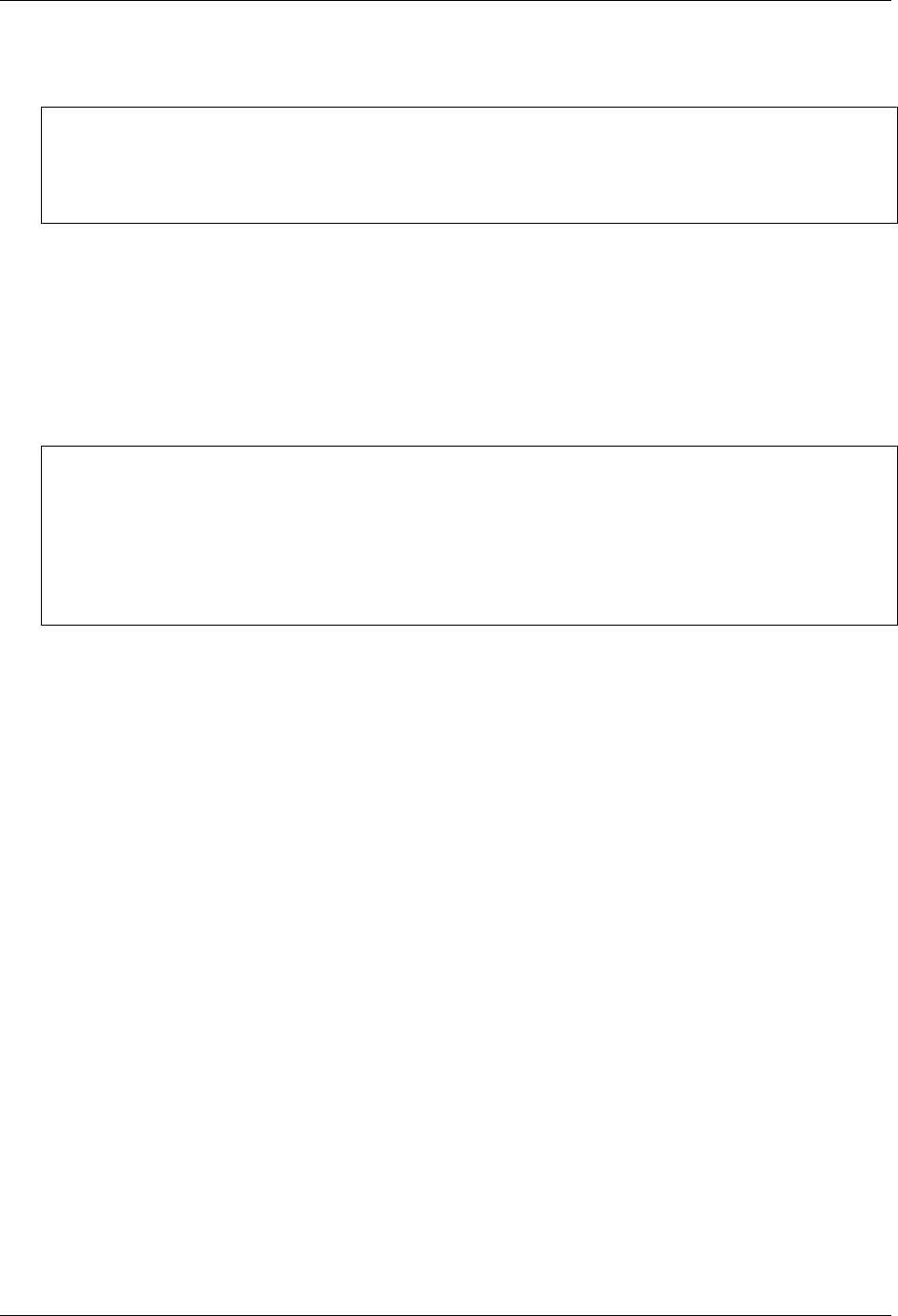
GeoServer User Manual, Release 2.15.1
2. Copy the file into the directory containing the JDK/JRE and then run it. For example, on an Ubuntu
32 bit system:
$ sudo cp jai-1_1_3-lib-linux-i586-jdk.bin /usr/lib/jvm/java-6-sun
$ cd /usr/lib/jvm/java-6-sun
$ sudo sh jai-1_1_3-lib-linux-i586-jdk.bin
# accept license
$ sudo rm jai-1_1_3-lib-linux-i586-jdk.bin
3. Go to the OpenGeo JAI Image I/O Download page and download the Linux installer for version 1.1,
choosing the appropriate architecture:
•i586 for the 32 bit systems
•amd64 for the 64 bit ones (even if using Intel processors)
4. Copy the file into the directory containing the JDK/JRE and then run it. If you encounter difficulties,
you may need to export the environment variable _POSIX2_VERSION=199209. For example, on a
Ubuntu 32 bit Linux system:
$ sudo cp jai_imageio-1_1-lib-linux-i586-jdk.bin /usr/lib/jvm/java-6-sun
$ cd /usr/lib/jvm/java-6-sun
$ sudo su
$ export _POSIX2_VERSION=199209
$ sh jai_imageio-1_1-lib-linux-i586-jdk.bin
# accept license
$ rm ./jai_imageio-1_1-lib-linux-i586-jdk.bin
$ exit
Installing native JAI manually
You can install the native JAI manually if you encounter problems using the above installers, or if you wish
to install the native JAI for more than one JDK/JRE.
Please refer to the GeoTools page on JAI installation for details.
11.2 Container Considerations
Java web containers such as Tomcat or Jetty ship with configurations that allow for fast startup, but don’t
always deliver the best performance.
11.2.1 Optimize your JVM
Set the following performance settings in the Java virtual machine (JVM) for your container. These settings
are not specific to any container.
11.2. Container Considerations 1299
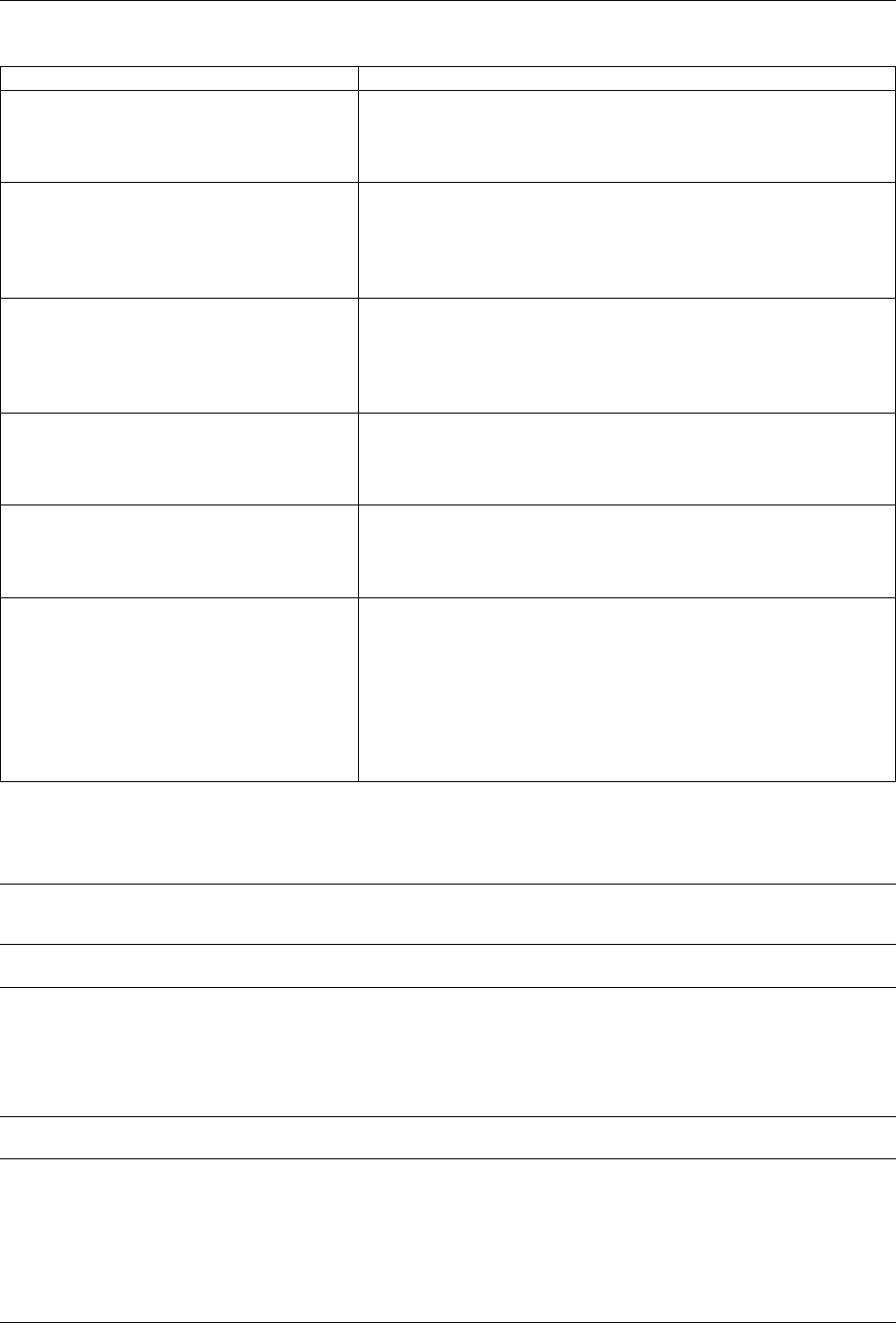
GeoServer User Manual, Release 2.15.1
Option Description
-Xms128m By starting with a larger heap GeoServer will not need to
pause and ask the operating system for more memory during
heavy load. The setting -Xms128m will tell the virtual ma-
chine to acquire grab a 128m heap memory on initial startup.
-Xmx756M Defines an upper limit on how much heap memory Java will
request from the operating system (use more if you have ex-
cess memory). By default, the JVM will use 1/4 of available
system memory. The setting -Xms756m allocates 756MB of
memory to GeoServer.
-XX:SoftRefLRUPolicyMSPerMB=36000Increases the lifetime of “soft references” in GeoServer.
GeoServer uses soft references to cache datastore, spatial ref-
erence systems, and other data structures. By increasing this
value to 36000 (which is 36 seconds) these values will stay in
memory longer increasing the effectiveness of the cache.
-XX:+UseParallelGC The default garbage collector up to Java 8, pauses the appli-
cation while using several threads to recover memory. Rec-
ommended if your GeoServer will be under light load and
can tolerate pauses to clean up memory.
-XX:+UseParNewGC Enables use of the concurrent mark sweep (CMS) garbage col-
lector uses multiple threads to recover memory while the
application is running. Recommended for GeoServer under
continuous use, with heap sizes of less than 6GB.
-XX:+UseG1GC The default garbage collector since Java 9. Enables
use of the Garbage First Garbage Collector (G1) us-
ing background threads to scan memory while the ap-
plication is running prior to cleanup. Recommended
for GeoServer under continuous load and heap sizes of
6GB or more. Additionally you may experiment with
-XX:+UseStringDeduplicationJVM to ask G1 to better
manage common text strings in memory.
For more information about JVM configuration, see the article Performance tuning garbage collection in
Java and The 4 Java Garbage Collectors.
Note: You can only use one garbage collector at a time. Please refrain from combining garbage collectors
at runtime.
Note: If you’re serving just vector data, you’ll be streaming, so having more memory won’t increase
performance. If you’re serving coverages, however, image processing will use a tile cache and benifit from
more memory. As an administrator you can configure the portion of memory available as a tile cache (see
the Server Config page in the Web administration interface section) - for example to use 0.75 to allocate 75%
of the heap as a tile cache.
Note: You can try out memory settings on the command line to check settings/defaults prior to use.
To check settings use java -Xms128m -Xmx756m -XX:+PrintFlagsFinal -version | grep
HeapSize:
1300 Chapter 11. Running in a production environment
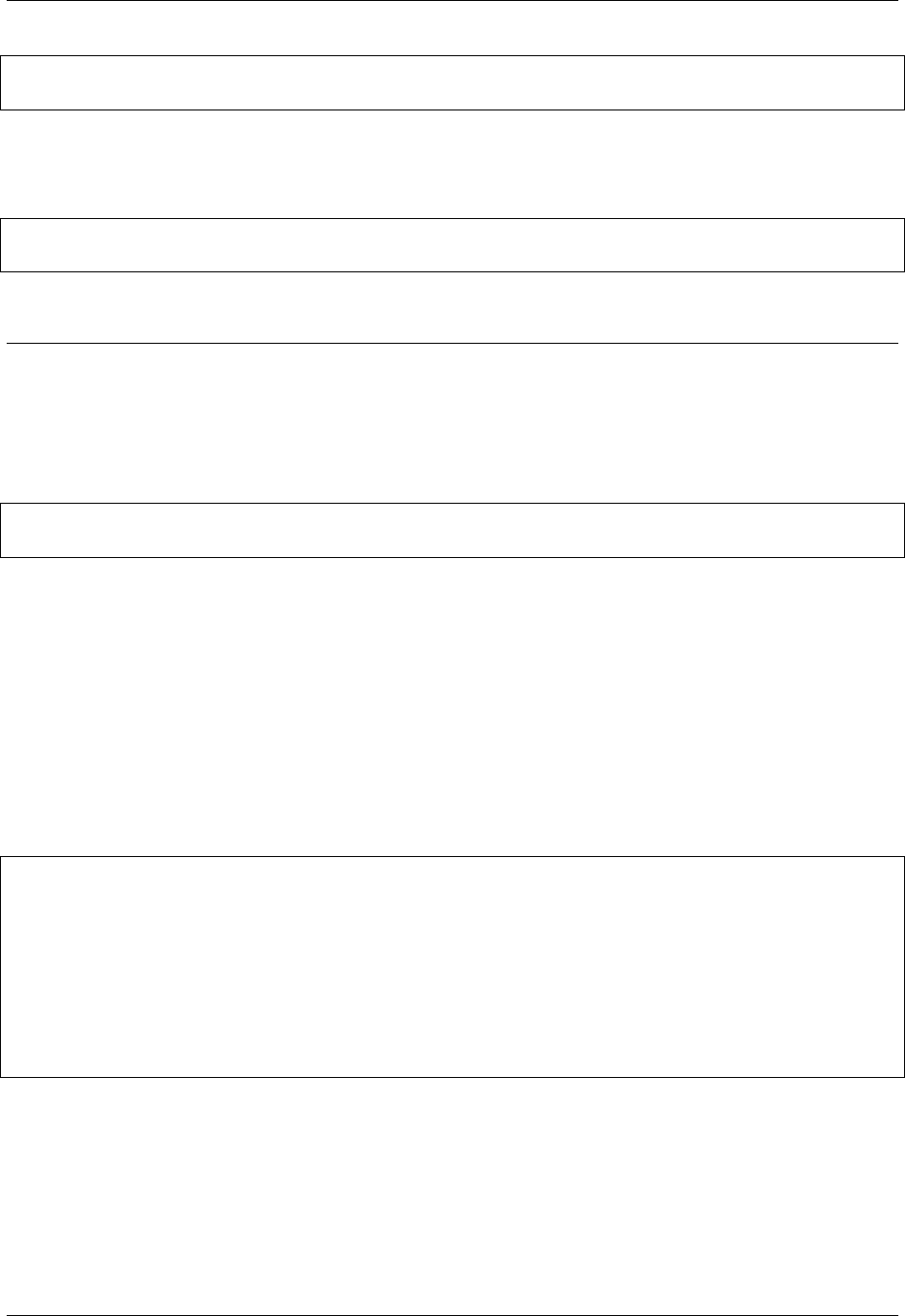
GeoServer User Manual, Release 2.15.1
uintx InitialHeapSize :=134217728 {product}
uintx MaxHeapSize :=792723456 {product}
Which when converted from bytes matches 128 MB initial heap size, and 512 MB max heap size.
Check defaults for your hardware using java -XX:+PrintFlagsFinal -version | grep
HeapSize:
uintx InitialHeapSize :=268435456 {product}
uintx MaxHeapSize :=4294967296 {product}
The above results (from a 16 GB laptop) amount to initial heap size of 256m, and a max heap size of around
4 GB (or around 1/4 of system memory).
11.2.2 Enable the Marlin rasterizer
The Marlin rasterizer in Java 8 and getting better performance and scalability while rendering vector data
in Java 8. In order to enable it add the following among the JVM startup options:
-Xbootclasspath/a:$MARLIN_JAR
-Dsun.java2d.renderer=org.marlin.pisces.MarlinRenderingEngine
where $MARLIN_JAR is the location of the marlin*.jar file located in the geoserver/WEB-INF/lib di-
rectory.
11.2.3 Enable CORS
The standalone distributions of GeoServer include the Jetty application server. Enable Cross-Origin Re-
source Sharing (CORS) to allow JavaScript applications outside of your own domain to use GeoServer.
For more information on what this does and other options see Jetty Documentation
Uncomment the following <filter> and <filter-mapping> from webapps/geoserver/WEB-INF/web.
xml:
<web-app>
<filter>
<filter-name>cross-origin</filter-name>
<filter-class>org.eclipse.jetty.servlets.CrossOriginFilter</filter-class>
</filter>
<filter-mapping>
<filter-name>cross-origin</filter-name>
<url-pattern>/*</url-pattern>
</filter-mapping>
</web-app>
11.3 Configuration Considerations
11.3.1 Use production logging
Logging may visibly affect the performance of your server. High logging levels are often necessary to track
down issues, but by default you should run with low levels. (You can switch the logging levels while
11.3. Configuration Considerations 1301
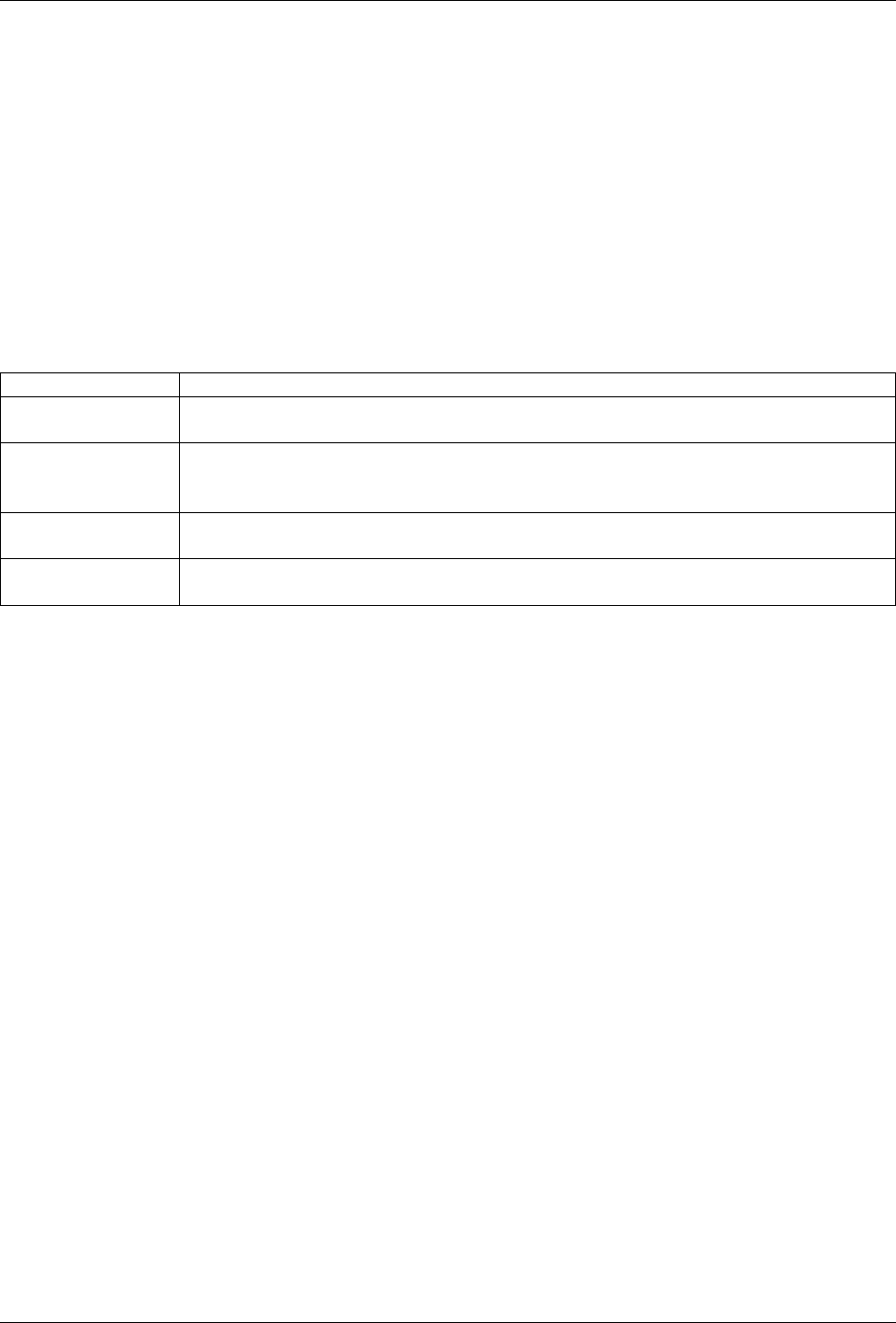
GeoServer User Manual, Release 2.15.1
GeoServer is running.)
You can change the logging level in the Web administration interface. You’ll want to choose the PRODUC-
TION logging configuration.
11.3.2 Set a service strategy
A service strategy is the method in which output is served to the client. This is a balance between proper
form (being absolutely sure of reporting errors with the proper OGC codes, etc) and speed (serving output
as quickly as possible). This is a decision to be made based on the function that GeoServer is providing.
You can configure the service strategy by modifying the web.xml file of your GeoServer instance.
The possible strategies are:
Strategy Description
SPEED Serves output right away. This is the fastest strategy, but proper OGC errors are
usually omitted.
BUFFER Stores the whole result in memory, and then serves it after the output is complete.
This ensures proper OGC error reporting, but delays the response quite a bit and
can exhaust memory if the response is large.
FILE Similar to BUFFER, but stores the whole result in a file instead of in memory. Slower
than BUFFER, but ensures there won’t be memory issues.
PARTIAL-BUFFER A balance between BUFFER and SPEED, this strategy tries to buffer in memory a
few KB of response, then serves the full output.
11.3.3 Personalize your server
This is isn’t a performance consideration, but is just as important. In order to make GeoServer as useful
as possible, you should customize the server’s metadata to your organization. It may be tempting to skip
some of the configuration steps, and leave in the same keywords and abstract as the sample, but this will
only confuse potential users.
Suggestions:
• Fill out the WFS, WMS, and WCS Contents sections (this info will be broadcast as part of the capabil-
ities documents)
• Serve your data with your own namespace (and provide a correct URI)
• Remove default layers (such as topp:states)
11.3.4 Configure service limits
Make sure clients cannot request an inordinate amount of resources from your server.
In particular:
• Set the maximum amount of features returned by each WFS GetFeature request (this can also be set
on a per featuretype basis by modifying the info.xml files directly)
• Set the WMS request limits so that no request will consume too much memory or too much time
1302 Chapter 11. Running in a production environment

GeoServer User Manual, Release 2.15.1
11.3.5 Set security
GeoServer includes support for WFS-T (transactions) by default, which lets users modify your data. If you
don’t want your database modified, you can turn off transactions in the the Web administration interface. Set
the Service Level to Basic.
If you’d like some users to be able to modify some but not all of your data, you will have to set up an
external security service. An easy way to accomplish this is to run two GeoServer instances and configure
them differently, and use authentication to only allow certain users to have access.
For extra security, make sure that the connection to the datastore that is open to all is through a user who has
read-only permissions. This will eliminate the possibility of a SQL injection (though GeoServer is generally
not vulnerable to that sort of attack).
11.3.6 Cache your data
Server-side caching of WMS tiles is the best way to increase performance. In caching, pre-rendered tiles will
be saved, eliminating the need for redundant WMS calls. There are several ways to set up WMS caching
for GeoServer. GeoWebCache is the simplest method, as it comes bundled with GeoServer. (See the section
on GeoWebCache for more details.) Another option is TileCache. You can also use a more generic caching
system, such as OSCache (an embedded cache service) or Squid (a web cache proxy).
Caching is also possible for WFS layers, in a very limited fashion. For DataStores that don’t have a quick
way to determine feature counts (i.e. shapefiles), enabling caching can prevent querying a store twice dur-
ing a single request. To enable caching, set the Java system property org.geoserver.wfs.getfeature.
cachelimit to a positive integer. Any data sets that are smaller than the cache limit will be cached for the
duration of a request, which will prevent them from being queried a second time for the feature count. Note
that this may adversely affect some types of DataStores, as it bypasses any feature count optimizations that
may exist.
11.3.7 Disable the GeoServer web administration interface
In some circumstances, you might want to completely disable the web administration interface. There are
two ways of doing this:
• Set the Java system property GEOSERVER_CONSOLE_DISABLED to true by adding -
DGEOSERVER_CONSOLE_DISABLED=true to your container’s JVM options
• Remove all of the gs-web*-.jar files from WEB-INF/lib
11.3.8 X-Frame-Options Policy
In order to prevent clickjacking attacks GeoServer defaults to setting the X-Frame-Options HTTP header
to SAMEORIGIN. This prevents GeoServer from being embedded into an iFrame, which prevents certain
kinds of security vulnerabilities. See the OWASP Clickjacking entry for details.
If you wish to change this behavior you can do so through the following properties:
• geoserver.xframe.shouldSetPolicy: controls whether the X-Frame-Options filter should be set at all.
Default is true.
• geoserver.xframe.policy: controls what the set the X-Frame-Options header to. Default is SAMEORI-
GIN valid options are DENY, SAMEORIGIN and ALLOW-FROM [uri]
These properties can be set either via Java system property, command line argument (-D), environment
variable or web.xml init parameter.
11.3. Configuration Considerations 1303

GeoServer User Manual, Release 2.15.1
11.4 Data Considerations
11.4.1 Use an external data directory
GeoServer comes with a built-in data directory. However, it is a good idea to separate the data from the
application. Using an external data directory allows for much easier upgrades, since there is no risk of
configuration information being overwritten. An external data directory also makes it easy to transfer your
configuration elsewhere if desired. To point to an external data directory, you only need to edit the web.
xml file. If you are new to GeoServer, you can copy (or just move) the data directory that comes with
GeoServer to another location.
11.4.2 Use a spatial database
Shapefiles are a very common format for geospatial data. But if you are running GeoServer in a production
environment, it is better to use a spatial database such as PostGIS. This is essential if doing transactions
(WFS-T). Most spatial databases provide shapefile conversion tools. Although there are many options for
spatial databases (see the section on Databases), PostGIS is recommended. Oracle, DB2, and ArcSDE are
also supported.
11.4.3 Pick the best performing coverage formats
There are very significant differences between performance of the various coverage formats.
Serving big coverage data sets with good performance requires some knowledge and tuning, since usually
data is set up for distribution and archival. The following tips try to provide you with a base knowledge of
how data restructuring affects performance, and how to use the available tools to get optimal data serving
performance.
Choose the right format
The first key element is choosing the right format. Some formats are designed for data exchange, others for
data rendering and serving. A good data serving format is binary, allows for multi-resolution extraction,
and provides support for quick subset extraction at native resolutions.
Examples of such formats are GeoTiff, ECW, JPEG 2000 and MrSid. ArcGrid on the other hand is an example
of format that’s particularly ill-suited for large dataset serving (it’s text based, no multi-resolution, and we
have to read it fully even to extract a data subset in the general case).
GeoServer supports MrSID, ECW and JPEG 2000 through the GDAL Image Format plugin. MrSID is the
easiest to work with, as their reader is now available under a GeoServer compatible open source format. If
you have ECW files you have several non-ideal options. If you are only using GeoServer for educational
or non-profit purposes you can use the plugin for free. If not you need to buy a license, since it’s server
software. You could also use GDAL to convert it to MrSID or tiled GeoTiffs. If your files are JPEG 2000 you
can use the utilities of ECW and MrSID software. But the fastest is Kakadu, which requires a license.
Setup Geotiff data for fast rendering
As soon as your Geotiffs gets beyond some tens of megabytes you’ll want to add the following capabilities:
• inner tiling
• overviews
1304 Chapter 11. Running in a production environment
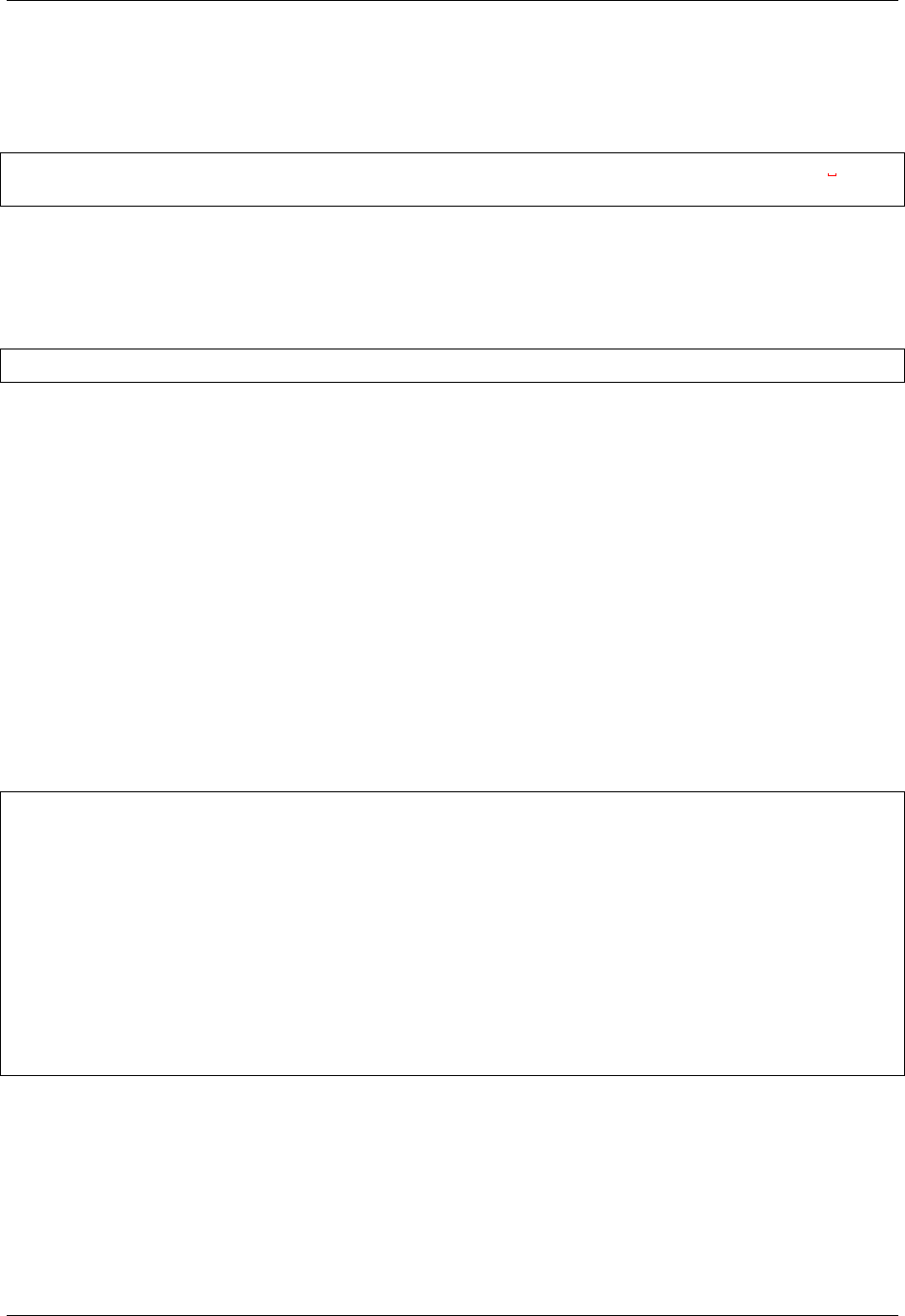
GeoServer User Manual, Release 2.15.1
Inner tiling sets up the image layout so that it’s organized in tiles instead of simple stripes (rows). This
allows much quicker access to a certain area of the geotiff, and the GeoServer readers will leverage this by
accessing only the tiles needed to render the current display area. The following sample command instructs
gdal_translate to create a tiled geotiff.
gdal_translate -of GTiff -projwin -180 90 -50 -10 -co "TILED=YES" bigDataSet.ecw
,→myTiff.tiff
An overview is a downsampled version of the same image, that is, a zoomed out version, which is usually
much smaller. When GeoServer needs to render the Geotiff, it’ll look for the most appropriate overview as
a starting point, thus reading and converting way less data. Overviews can be added using gdaladdo, or
the the OverviewsEmbedded command included in Geotools. Here is a sample of using gdaladdo to add
overviews that are downsampled 2, 4, 8 and 16 times compared to the original:
gdaladdo -r average mytiff.tif 2 4 8 16
As a final note, Geotiff supports various kinds of compression, but we do suggest to not use it. Whilst it
allows for much smaller files, the decompression process is expensive and will be performed on each data
access, significantly slowing down rendering. In our experience, the decompression time is higher than the
pure disk data reading.
Handling huge data sets
If you have really huge data sets (several gigabytes), odds are that simply adding overviews and tiles does
not cut it, making intermediate resolution serving slow. This is because tiling occurs only on the native
resolution levels, and intermediate overviews are too big for quick extraction.
So, what you need is a way to have tiling on intermediate levels as well. This is supported by the Im-
agePyramid plugin.
This plugin assumes you have create various seamless image mosaics, each for a different resolution level
of the original image. In the mosaic, tiles are actual files (for more info about mosaics, see the ImageMosaic).
The whole pyramid structures looks like the following:
rootDirectory
+- pyramid.properties
+- 0
+- mosaic metadata files
+- mosaic_file_0.tiff
+- ...
+- mosiac_file_n.tiff
+- ...
+- 32
+- mosaic metadata files
+- mosaic_file_0.tiff
+- ...
+- mosiac_file_n.tiff
Creating a pyramid by hand can theoretically be done with gdal, but in practice it’s a daunting task that
would require some scripting, since gdal provides no “tiler” command to extract regular tiles out of an
image, nor one to create a downsampled set of tiles. As an alternative, you can use the geotools Pyra-
midBuilder tool (documentation on how to use this is pending, contact the developers if you need to use
it).
11.4. Data Considerations 1305

GeoServer User Manual, Release 2.15.1
11.5 Linux init scripts
You will have to adjust the scripts to your environment. Download a script, rename it to geoserver
and move it to /etc/init.d. Use chmod to make the script executable and test with /etc/init.d/
geoserver.
To set different values for environment variables, create a file /etc/default/geoserver and specify
your environment.
Example settings in /etc/default/geoserver for your environment:
USER=geoserver
GEOSERVER_DATA_DIR=/home/$USER/data_dir
GEOSERVER_HOME=/home/$USER/geoserver
JAVA_HOME=/usr/lib/jvm/java-6-sun
JAVA_OPTS="-Xms128m -Xmx512m"
11.5.1 Debian/Ubuntu
Download the init script
11.5.2 Suse
Download the init script
11.5.3 Starting GeoServer in Tomcat
Download the init script
11.6 Other Considerations
11.6.1 Host your application separately
GeoServer includes a few sample applications in the demo section of the Web administration interface. For
production instances, we recommend against this bundling of your application. To make upgrades and
troubleshooting easier, please use a separate container for your application. It is perfectly fine, though, to
use one container manager (such as Tomcat or Jetty) to host both GeoServer and your application.
11.6.2 Proxy your server
GeoServer can have the capabilities documents properly report a proxy. You can configure this in the Server
configuration section of the Web administration interface and entering the URL of the external proxy in the
field labeled Proxy base URL.
11.6.3 Publish your server’s capabilities documents
In order to make it easier to find your data, put a link to your capabilities document somewhere on the web.
This will ensure that a search engine will crawl and index it.
1306 Chapter 11. Running in a production environment
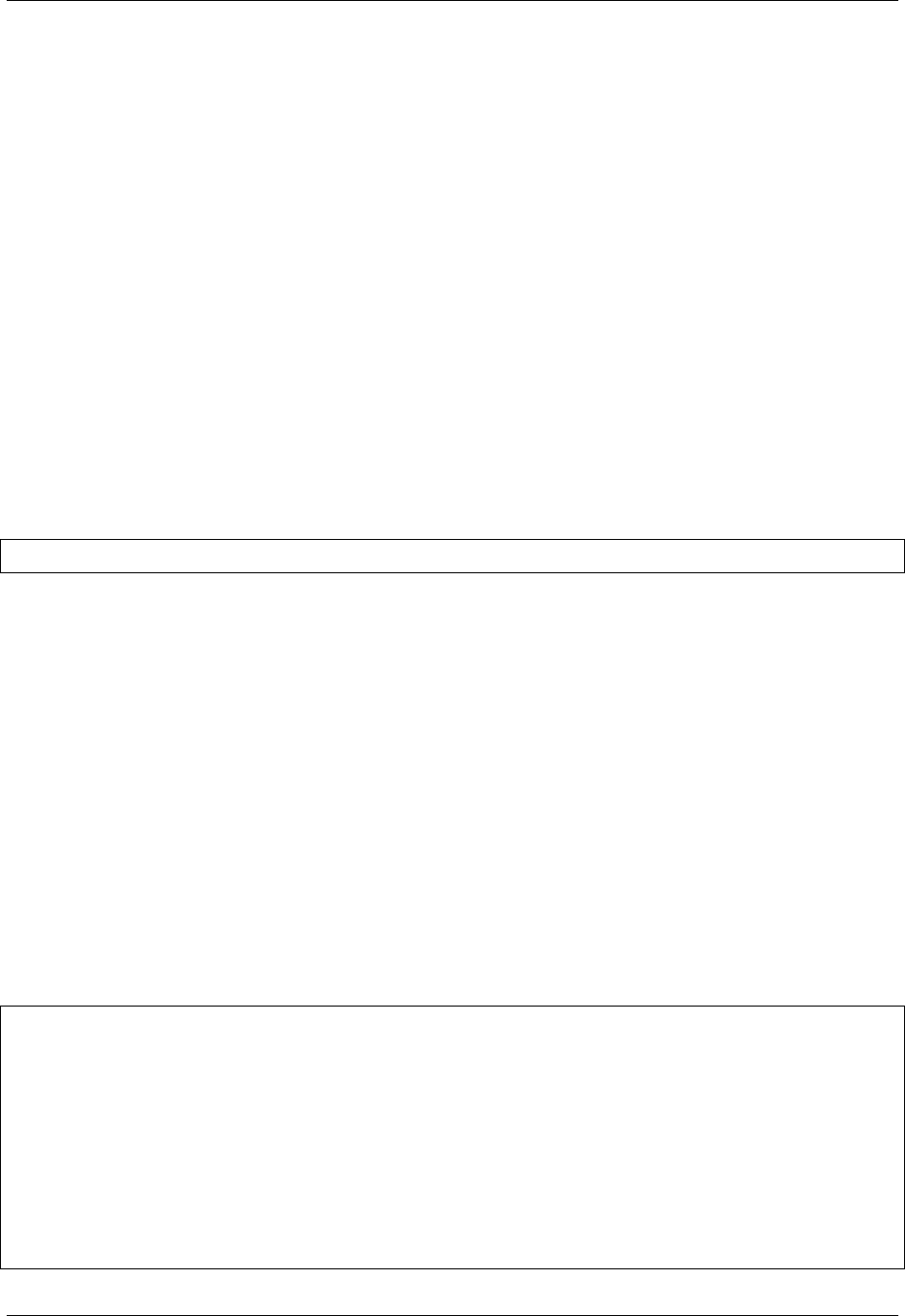
GeoServer User Manual, Release 2.15.1
11.6.4 Set up clustering
Setting up a Cluster is one of the best ways to improve the reliability and performance of your GeoServer
installation. All the most stable and high performance GeoServer instances are configured in some sort of
cluster. There are a huge variety of techniques to configure a cluster, including at the container level, the
virtual machine level, and the physical server level.
Andrea Aime is currently working on an overview of what some of the biggest GeoServer users have done,
for his ‘GeoServer in Production’ talk at FOSS4G 2009. In time that information will be migrated to tutorials
and white papers.
11.7 Troubleshooting
11.7.1 Checking WFS requests
It often happens that users report issues with hand made WFS requests not working as expected. In the
majority of the cases the request is malformed, but GeoServer does not complain and just ignores the mal-
formed part (this behaviour is the default to make older WFS clients work fine with GeoServer).
If you want GeoServer to validate most WFS XML request you can post it to the following URL:
http://host:port/geoserver/ows?strict=true
Any deviation from the required structure will be noted in an error message. The only request type that is
not validated in any case is the INSERT one (this is a GeoServer own limitation).
11.7.2 Leveraging GeoServer own log
GeoServer can generate a quite extensive log of its operations in the $GEOSERVER_DATA_DIR/logs/
geoserver.log file. Looking into such file is one of the first things to do when troubleshooting a problem,
in particular it’s interesting to see the log contents in correspondence of a misbehaving request. The amount
of information logged can vary based on the logging profile chosen in the Server Settings configuration page.
11.7.3 Logging service requests
GeoServer provides a request logging filter that is normally inactive. The filter can log both the requested
URL and POST requests contents. Normally it is disabled due to its overhead. If you need to have an history
of the incoming requests you can enable it by changing the geoserver/WEB-INF/web.xml contents to
look like:
<filter>
<filter-name>Request Logging Filter</filter-name>
<filter-class>org.geoserver.filters.LoggingFilter</filter-class>
<init-param>
<param-name>enabled</param-name>
<param-value>true</param-value>
</init-param>
<init-param>
<param-name>log-request-bodies</param-name>
<param-value>true</param-value>
</init-param>
</filter>
11.7. Troubleshooting 1307
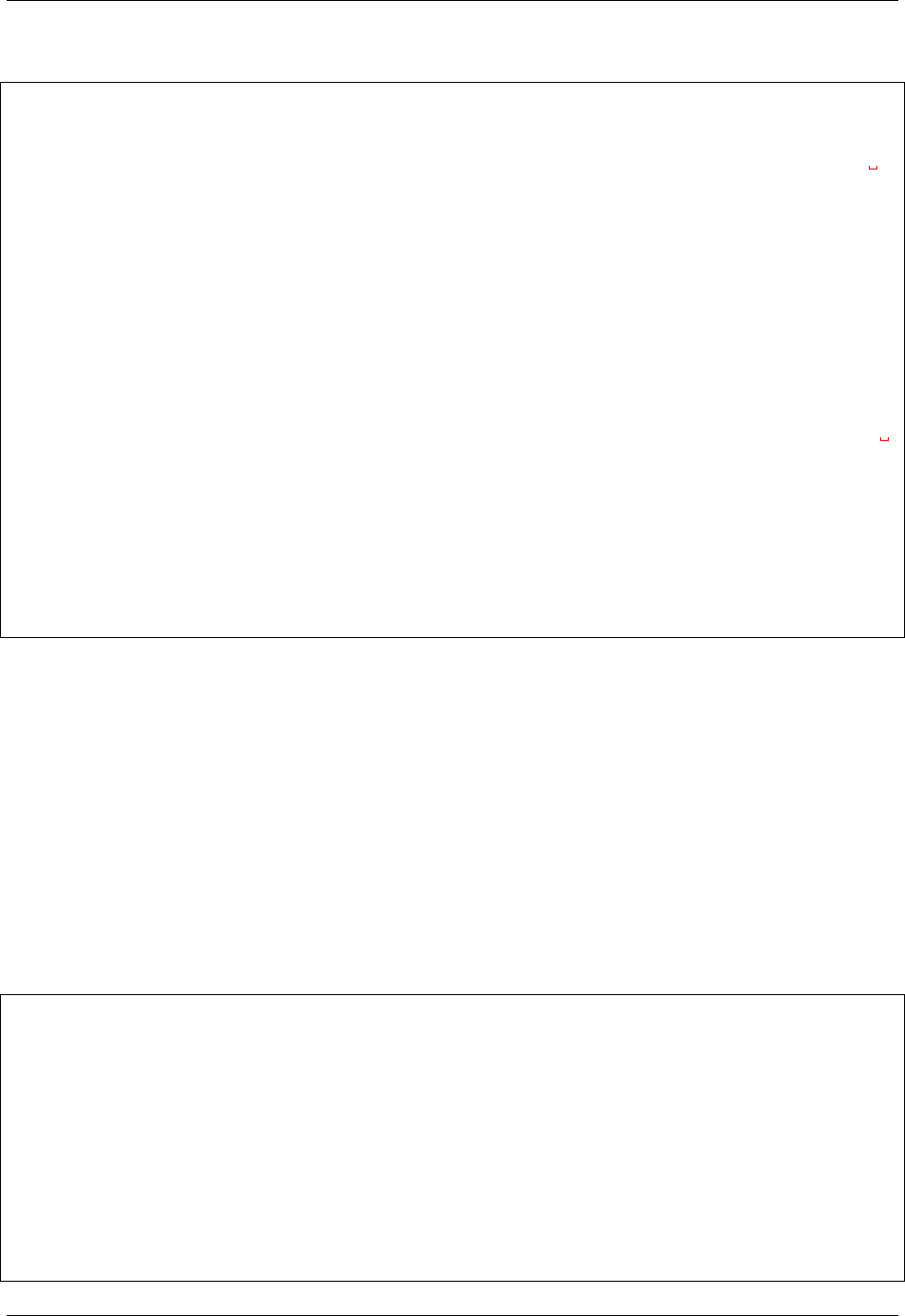
GeoServer User Manual, Release 2.15.1
This will log both the requests and the bodies, resulting in something like the following:
08 gen 11:30:13 INFO [geoserver.filters] -127.0.0.1 "GET /geoserver/wms?HEIGHT=330&
,→WIDTH=660&LAYERS=nurc%3AArc_Sample&STYLES=&SRS=EPSG%3A4326&FORMAT=image%2Fjpeg&
,→SERVICE=WMS&VERSION=1.1.1&REQUEST=GetMap&EXCEPTIONS=application%2Fvnd.ogc.se_
,→inimage&BBOX=-93.515625,-40.078125,138.515625,75.9375" "Mozilla/5.0 (X11; U; Linux
,→i686; it; rv:1.9.0.15) Gecko/2009102815 Ubuntu/9.04 (jaunty) Firefox/3.0.15" "http:/
,→/localhost:8080/geoserver/wms?service=WMS&version=1.1.0&request=GetMap&
,→layers=nurc:Arc_Sample&styles=&bbox=-180.0,-90.0,180.0,90.0&width=660&height=330&
,→srs=EPSG:4326&format=application/openlayers"
08 gen 11:30:13 INFO [geoserver.filters] -127.0.0.1 "GET /geoserver/wms?HEIGHT=330&
,→WIDTH=660&LAYERS=nurc%3AArc_Sample&STYLES=&SRS=EPSG%3A4326&FORMAT=image%2Fjpeg&
,→SERVICE=WMS&VERSION=1.1.1&REQUEST=GetMap&EXCEPTIONS=application%2Fvnd.ogc.se_
,→inimage&BBOX=-93.515625,-40.078125,138.515625,75.9375" took 467ms
08 gen 11:30:14 INFO [geoserver.filters] -127.0.0.1 "GET /geoserver/wms?
,→REQUEST=GetFeatureInfo&EXCEPTIONS=application%2Fvnd.ogc.se_xml&BBOX=-93.515625%2C-
,→40.078125%2C138.515625%2C75.9375&X=481&Y=222&INFO_FORMAT=text%2Fhtml&QUERY_
,→LAYERS=nurc%3AArc_Sample&FEATURE_COUNT=50&Layers=nurc%3AArc_Sample&Styles=&Srs=EPSG
,→%3A4326&WIDTH=660&HEIGHT=330&format=image%2Fjpeg" "Mozilla/5.0 (X11; U; Linux i686;
,→it; rv:1.9.0.15) Gecko/2009102815 Ubuntu/9.04 (jaunty) Firefox/3.0.15" "http://
,→localhost:8080/geoserver/wms?service=WMS&version=1.1.0&request=GetMap&
,→layers=nurc:Arc_Sample&styles=&bbox=-180.0,-90.0,180.0,90.0&width=660&height=330&
,→srs=EPSG:4326&format=application/openlayers"
08 gen 11:30:14 INFO [geoserver.filters] -127.0.0.1 "GET /geoserver/wms?
,→REQUEST=GetFeatureInfo&EXCEPTIONS=application%2Fvnd.ogc.se_xml&BBOX=-93.515625%2C-
,→40.078125%2C138.515625%2C75.9375&X=481&Y=222&INFO_FORMAT=text%2Fhtml&QUERY_
,→LAYERS=nurc%3AArc_Sample&FEATURE_COUNT=50&Layers=nurc%3AArc_Sample&Styles=&Srs=EPSG
,→%3A4326&WIDTH=660&HEIGHT=330&format=image%2Fjpeg" took 314ms
11.7.4 Using JDK tools to get stack and memory dumps
The JDK contains three useful command line tools that can be used to gather information about GeoServer
instances that are leaking memory or not performing as requested: jps,jstack and jmap.
All tools work against a live Java Virtual Machine, the one running GeoServer in particular. In order for
them to work properly you’ll have to run them with a user that has enough privileges to connect to the JVM
process, in particular super user or the same user that’s running the JVM usually have the required right.
jps
jps is a tool listing all the Java processing running. It can be used to retried the pid (process id) of the
virtual machine that is running GeoServer. For example:
>jps -mlv
16235 org.apache.catalina.startup.Bootstrap start -Djava.util.logging.manager=org.
,→apache.juli.ClassLoaderLogManager -Djava.util.logging.config.file=/home/aaime/devel/
,→webcontainers/apache-tomcat-6.0.18/conf/logging.properties -Djava.endorsed.dirs=/
,→home/aaime/devel/webcontainers/apache-tomcat-6.0.18/endorsed -Dcatalina.base=/home/
,→aaime/devel/webcontainers/apache-tomcat-6.0.18 -Dcatalina.home=/home/aaime/devel/
,→webcontainers/apache-tomcat-6.0.18 -Djava.io.tmpdir=/home/aaime/devel/webcontainers/
,→apache-tomcat-6.0.18/temp
11521 -XX:MinHeapFreeRatio=10 -XX:MaxHeapFreeRatio=20 -Djava.library.path=/usr/lib/
,→jni -Dosgi.requiredJavaVersion=1.5 -XX:MaxPermSize=256m-Xms64m -Xmx1024m -
,→XX:CMSClassUnloadingEnabled -XX:CMSPermGenSweepingEnabled -XX:+UseParNewGC
16287 sun.tools.jps.Jps -mlv -Dapplication.home=/usr/lib/jvm/java-6-sun-1.6.0.16 -
,→Xms8m
1308 Chapter 11. Running in a production environment
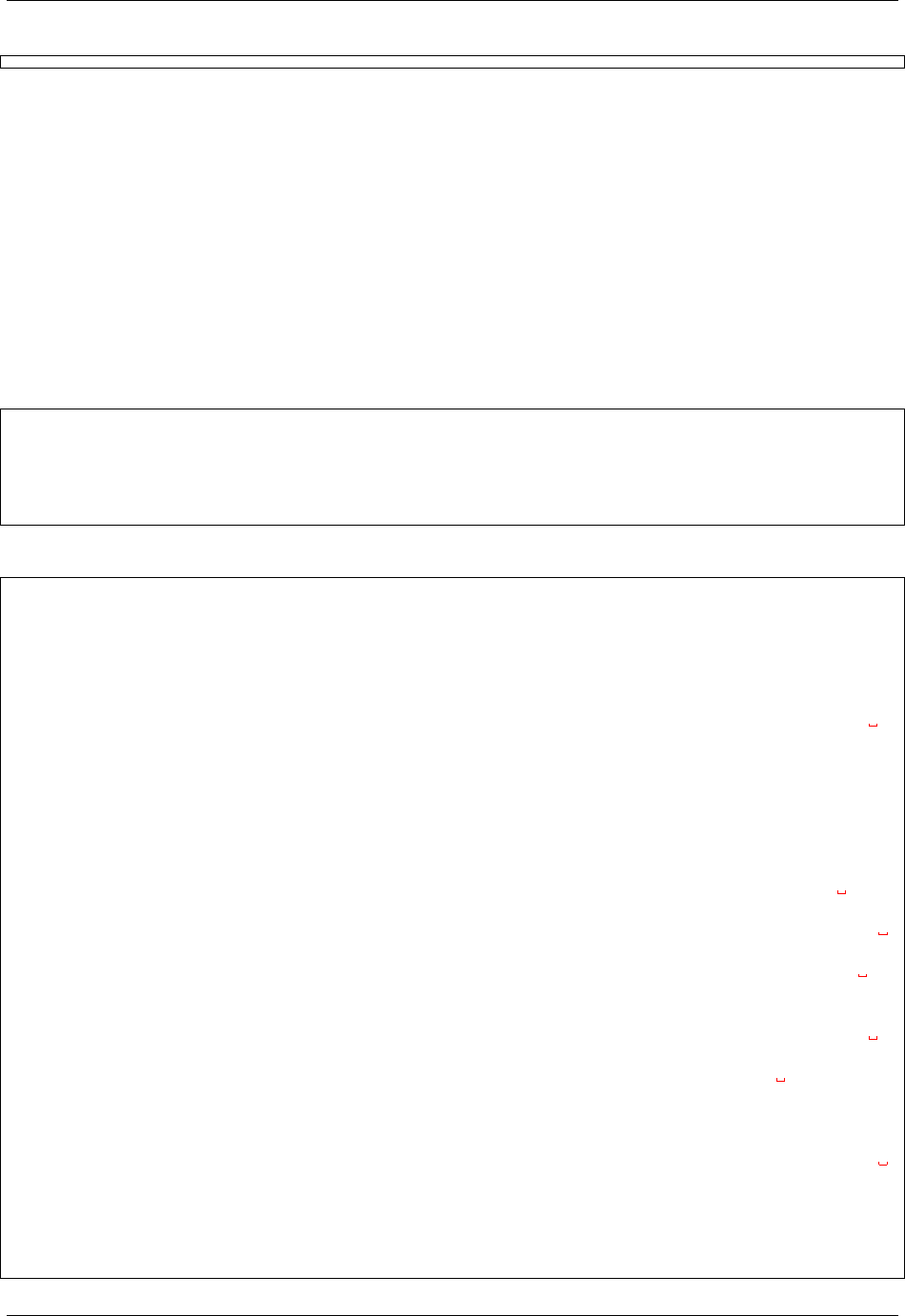
GeoServer User Manual, Release 2.15.1
The output shows the pid, the main class name if available, and the parameters passed to the JVM at
startup. In this example 16235 is Tomcat hosting GeoServer, 11521 is an Eclipse instance, and 16287 is
jps itself. In the common case you’ll have only few JVM and the one running GeoServer can be identified
by the parameters passed to it.
jstack
jstack is a tool extracting a the current stack trace for each thread running in the virtual machine. It can be
used to identify scalability issues and to gather what the program is actually doing.
It usually takes people knowing about the inner workings of GeoServer can properly interpret the jstack
output.
An example of usage:
>jstack -F-l16235 > /tmp/tomcat-stack.txt
Attaching to process ID 16235, please wait...
Debugger attached successfully.
Server compiler detected.
JVM version is 14.2-b01
And the file contents might look like:
Deadlock Detection:
No deadlocks found.
Thread 16269: (state = BLOCKED)
- java.lang.Object.wait(long) @bci=0 (Interpreted frame)
- org.apache.tomcat.util.threads.ThreadPool$MonitorRunnable.run() @bci=10, line=565
,→(Interpreted frame)
- java.lang.Thread.run() @bci=11, line=619 (Interpreted frame)
Locked ownable synchronizers:
- None
Thread 16268: (state = IN_NATIVE)
- java.net.PlainSocketImpl.socketAccept(java.net.SocketImpl) @bci=0 (Interpreted
,→frame)
- java.net.PlainSocketImpl.accept(java.net.SocketImpl) @bci=7, line=390 (Interpreted
,→frame)
- java.net.ServerSocket.implAccept(java.net.Socket) @bci=60, line=453 (Interpreted
,→frame)
- java.net.ServerSocket.accept() @bci=48, line=421 (Interpreted frame)
- org.apache.jk.common.ChannelSocket.accept(org.apache.jk.core.MsgContext) @bci=46,
,→line=306 (Interpreted frame)
- org.apache.jk.common.ChannelSocket.acceptConnections() @bci=72, line=660
,→(Interpreted frame)
- org.apache.jk.common.ChannelSocket$SocketAcceptor.runIt(java.lang.Object[]) @bci=4,
,→line=870 (Interpreted frame)
- org.apache.tomcat.util.threads.ThreadPool$ControlRunnable.run() @bci=167, line=690
,→(Interpreted frame)
- java.lang.Thread.run() @bci=11, line=619 (Interpreted frame)
Locked ownable synchronizers:
- None
11.7. Troubleshooting 1309

GeoServer User Manual, Release 2.15.1
Thread 16267: (state = BLOCKED)
- java.lang.Object.wait(long) @bci=0 (Interpreted frame)
- java.lang.Object.wait() @bci=2, line=485 (Interpreted frame)
- org.apache.tomcat.util.threads.ThreadPool$ControlRunnable.run() @bci=26, line=662
,→(Interpreted frame)
- java.lang.Thread.run() @bci=11, line=619 (Interpreted frame)
Locked ownable synchronizers:
- None
...
jmap
jmap is a tool to gather information about the a Java virtual machine. It can be used in a few interesting
ways.
By running it without arguments (past the pid of the JVM) it will print out a dump of the native libraries
used by the JVM. This can come in handy when one wants to double check GeoServer is actually using a
certain version of a native library (e.g., GDAL):
>jmap 17251
Attaching to process ID 17251, please wait...
Debugger attached successfully.
Server compiler detected.
JVM version is 14.2-b01
0x08048000 46K/usr/lib/jvm/java-6-sun-1.6.0.16/jre/bin/java
0x7f87f000 6406K/usr/lib/jvm/java-6-sun-1.6.0.16/jre/lib/i386/libNCSEcw.so.0
0x7f9b2000 928K/usr/lib/libstdc++.so.6.0.10
0x7faa1000 7275K/usr/lib/jvm/java-6-sun-1.6.0.16/jre/lib/i386/libgdal.so.1
0x800e9000 1208K/usr/lib/jvm/java-6-sun-1.6.0.16/jre/lib/i386/libclib_jiio.so
0x80320000 712K/usr/lib/jvm/java-6-sun-1.6.0.16/jre/lib/i386/libNCSUtil.so.0
0x80343000 500K/usr/lib/jvm/java-6-sun-1.6.0.16/jre/lib/i386/libNCSCnet.so.0
0x8035a000 53K/lib/libgcc_s.so.1
0x8036c000 36K/usr/lib/jvm/java-6-sun-1.6.0.16/jre/lib/i386/libnio.so
0x803e2000 608K/usr/lib/jvm/java-6-sun-1.6.0.16/jre/lib/i386/libawt.so
0x80801000 101K/usr/lib/jvm/java-6-sun-1.6.0.16/jre/lib/i386/libgdaljni.so
0x80830000 26K/usr/lib/jvm/java-6-sun-1.6.0.16/jre/lib/i386/headless/
,→libmawt.so
0x81229000 93K/usr/lib/jvm/java-6-sun-1.6.0.16/jre/lib/i386/libnet.so
0xb7179000 74K/usr/lib/jvm/java-6-sun-1.6.0.16/jre/lib/i386/libzip.so
0xb718a000 41K/lib/tls/i686/cmov/libnss_files-2.9.so
0xb7196000 37K/lib/tls/i686/cmov/libnss_nis-2.9.so
0xb71b3000 85K/lib/tls/i686/cmov/libnsl-2.9.so
0xb71ce000 29K/lib/tls/i686/cmov/libnss_compat-2.9.so
0xb71d7000 37K/usr/lib/jvm/java-6-sun-1.6.0.16/jre/lib/i386/native_threads/
,→libhpi.so
0xb71de000 184K/usr/lib/jvm/java-6-sun-1.6.0.16/jre/lib/i386/libjava.so
0xb7203000 29K/lib/tls/i686/cmov/librt-2.9.so
0xb725d000 145K/lib/tls/i686/cmov/libm-2.9.so
0xb7283000 8965K/usr/lib/jvm/java-6-sun-1.6.0.16/jre/lib/i386/server/libjvm.so
0xb7dc1000 1408K/lib/tls/i686/cmov/libc-2.9.so
0xb7f24000 9K/lib/tls/i686/cmov/libdl-2.9.so
0xb7f28000 37K/usr/lib/jvm/java-6-sun-1.6.0.16/jre/lib/i386/jli/libjli.so
0xb7f32000 113K/lib/tls/i686/cmov/libpthread-2.9.so
1310 Chapter 11. Running in a production environment
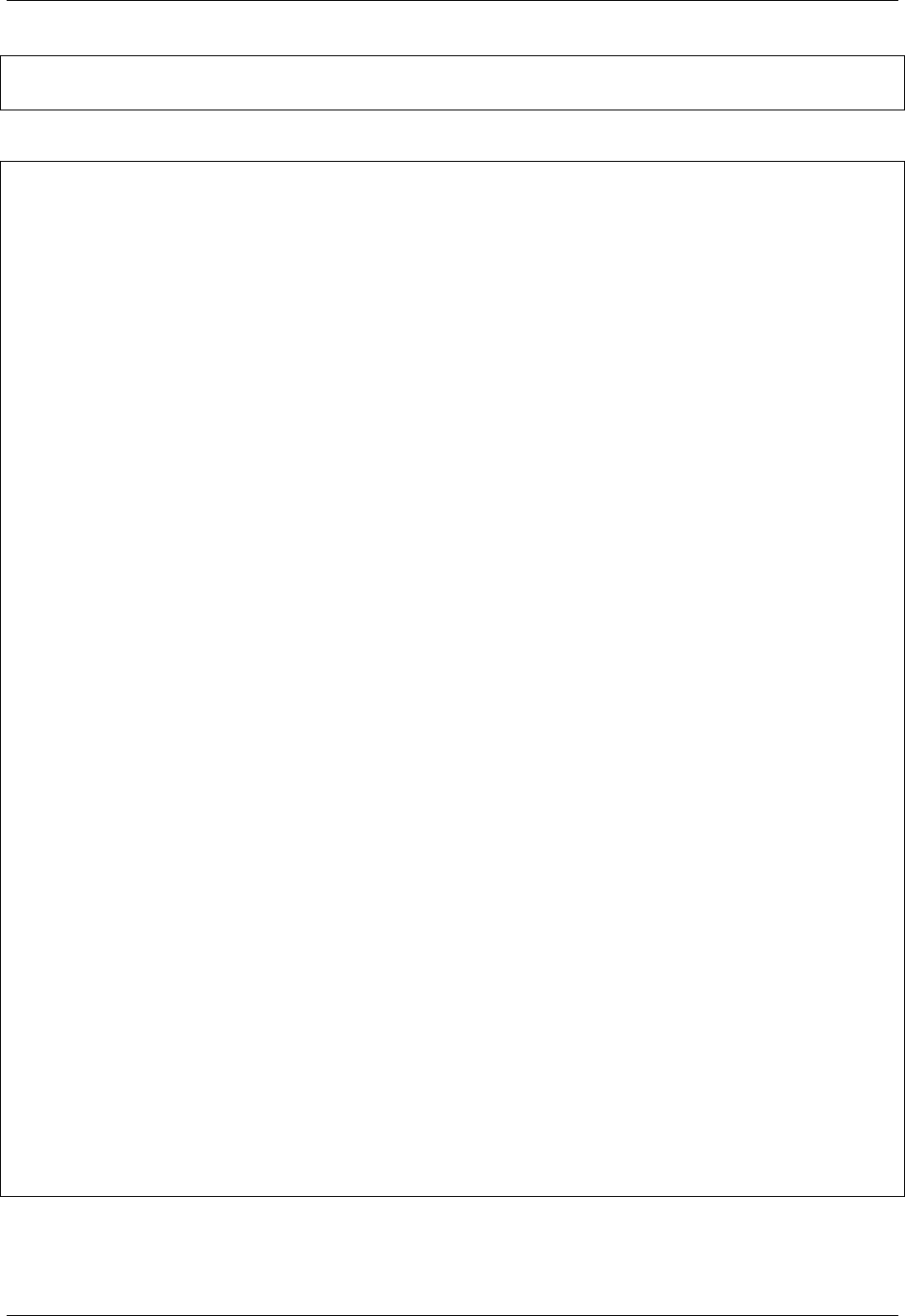
GeoServer User Manual, Release 2.15.1
0xb7f51000 55K/usr/lib/jvm/java-6-sun-1.6.0.16/jre/lib/i386/libverify.so
0xb7f60000 114K/lib/ld-2.9.so
It’s also possible to get a quick summary of the JVM heap status:
>jmap -heap 17251
Attaching to process ID 17251, please wait...
Debugger attached successfully.
Server compiler detected.
JVM version is 14.2-b01
using thread-local object allocation.
Parallel GC with 2thread(s)
Heap Configuration:
MinHeapFreeRatio =40
MaxHeapFreeRatio =70
MaxHeapSize =778043392 (742.0MB)
NewSize =1048576 (1.0MB)
MaxNewSize =4294901760 (4095.9375MB)
OldSize =4194304 (4.0MB)
NewRatio =8
SurvivorRatio =8
PermSize =16777216 (16.0MB)
MaxPermSize =67108864 (64.0MB)
Heap Usage:
PS Young Generation
Eden Space:
capacity =42401792 (40.4375MB)
used =14401328 (13.734176635742188MB)
free =28000464 (26.703323364257812MB)
33.96396076845054%used
From Space:
capacity =4718592 (4.5MB)
used =2340640 (2.232208251953125MB)
free =2377952 (2.267791748046875MB)
49.60462782118056%used
To Space:
capacity =4587520 (4.375MB)
used =0(0.0MB)
free =4587520 (4.375MB)
0.0%used
PS Old Generation
capacity =43188224 (41.1875MB)
used =27294848 (26.0303955078125MB)
free =15893376 (15.1571044921875MB)
63.19974630121396%used
PS Perm Generation
capacity =38404096 (36.625MB)
used =38378640 (36.60072326660156MB)
free =25456 (0.0242767333984375MB)
99.93371540369027%used
In the result it can be seen that the JVM is allowed to use up to 742MB of memory, and that at the moment
the JVM is using 130MB (rough sum of the capacities of each heap section). In case of a persistent memory
leak the JVM will end up using whatever is allowed to and each section of the heap will be almost 100%
11.7. Troubleshooting 1311
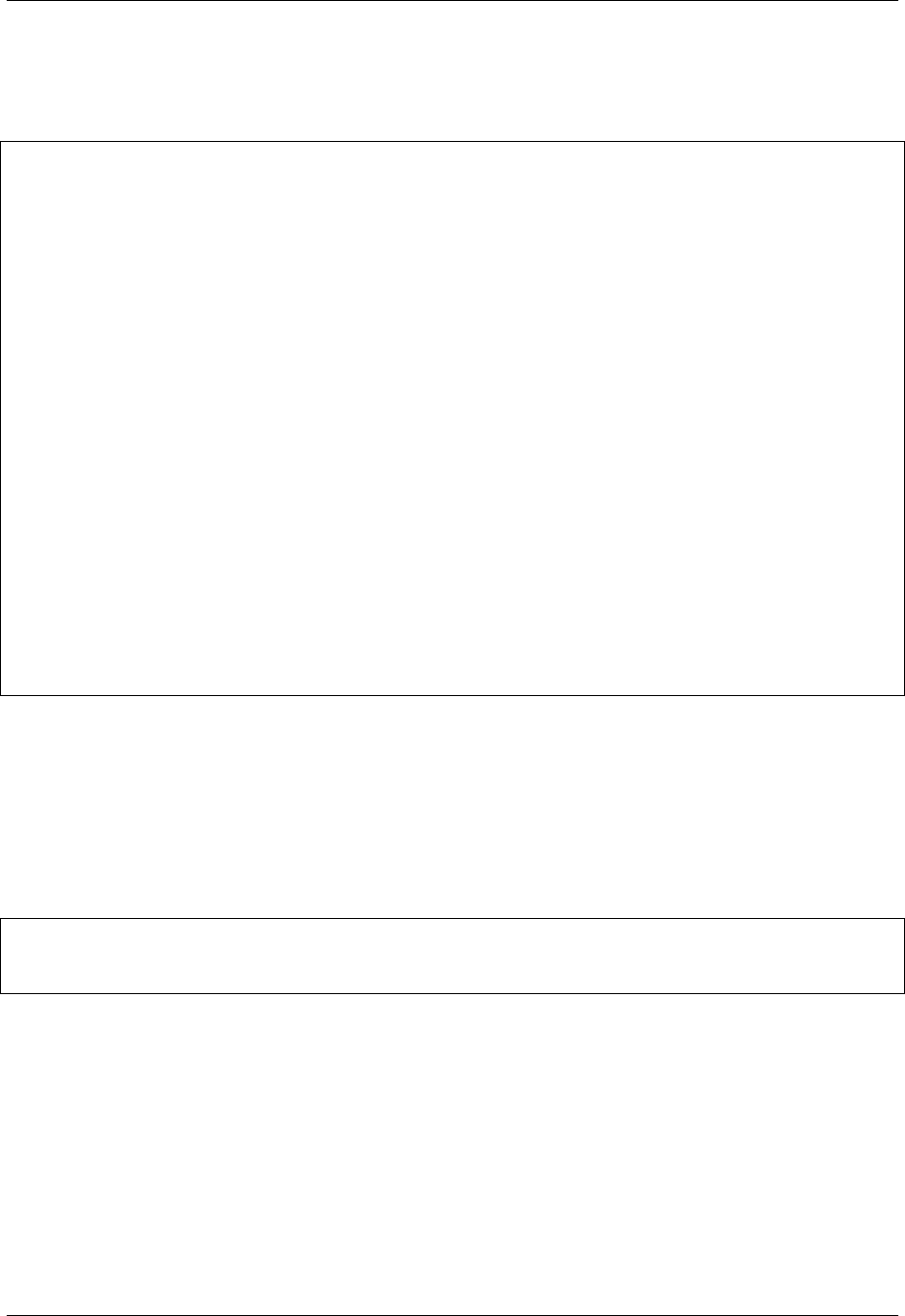
GeoServer User Manual, Release 2.15.1
used.
To see how the memory is actually being used in a succinct way the following command can be used (on
Windows, replace head -25 with more):
> jmap -histo:live 17251 | head -25
num #instances #bytes class name
----------------------------------------------
1: 81668 10083280 <constMethodKlass>
2: 81668 6539632 <methodKlass>
3: 79795 5904728 [C
4: 123511 5272448 <symbolKlass>
5: 7974 4538688 <constantPoolKlass>
6: 98726 3949040 org.hsqldb.DiskNode
7: 7974 3612808 <instanceKlassKlass>
8: 9676 2517160 [B
9: 6235 2465488 <constantPoolCacheKlass>
10: 10054 2303368 [I
11: 83121 1994904 java.lang.String
12: 27794 1754360 [Ljava.lang.Object;
13: 9227 868000 [Ljava.util.HashMap$Entry;
14: 8492 815232 java.lang.Class
15: 10645 710208 [S
16: 14420 576800 org.hsqldb.CachedRow
17: 1927 574480 <methodDataKlass>
18: 8937 571968 org.apache.xerces.dom.ElementNSImpl
19: 12898 561776 [[I
20: 23122 554928 java.util.HashMap$Entry
21: 16910 541120 org.apache.xerces.dom.TextImpl
22: 9898 395920 org.apache.xerces.dom.AttrNSImpl
By the dump we can see most of the memory is used by the GeoServer code itself (first 5 items) followed
by the HSQL cache holding a few rows of the EPSG database. In case of a memory leak a few object types
will hold the vast majority of the live heap. Mind, to look for a leak the dump should be gathered with
the server almost idle. If, for example, the server is under a load of GetMap requests the main memory
usage will be the byte[] holding the images while they are rendered, but that is not a leak, it’s legitimate
and temporary usage.
In case of memory leaks a developer will probably ask for a full heap dump to analyze with a high end
profiling tool. Such dump can be generated with the following command:
>jmap -dump:live,file=/tmp/dump.hprof 17251
Dumping heap to /tmp/dump.hprof ...
Heap dump file created
The dump files are generally as big as the memory used so it’s advisable to compress the resulting file
before sending it to a developer.
11.7.5 XStream
GeoServer and GeoWebCache use XStream to read and write XML for configuration and for their REST
APIs. In order to do this securely, it needs a list of Java classes that are safe to convert between objects
and XML. If a class not on that list is given to XStream, it will generate the error com.thoughtworks.
xstream.security.ForbiddenClassException. The specific class that was a problem should aslo
be included. This may be a result of the lists of allowed classes missing a class, which should be reported
1312 Chapter 11. Running in a production environment
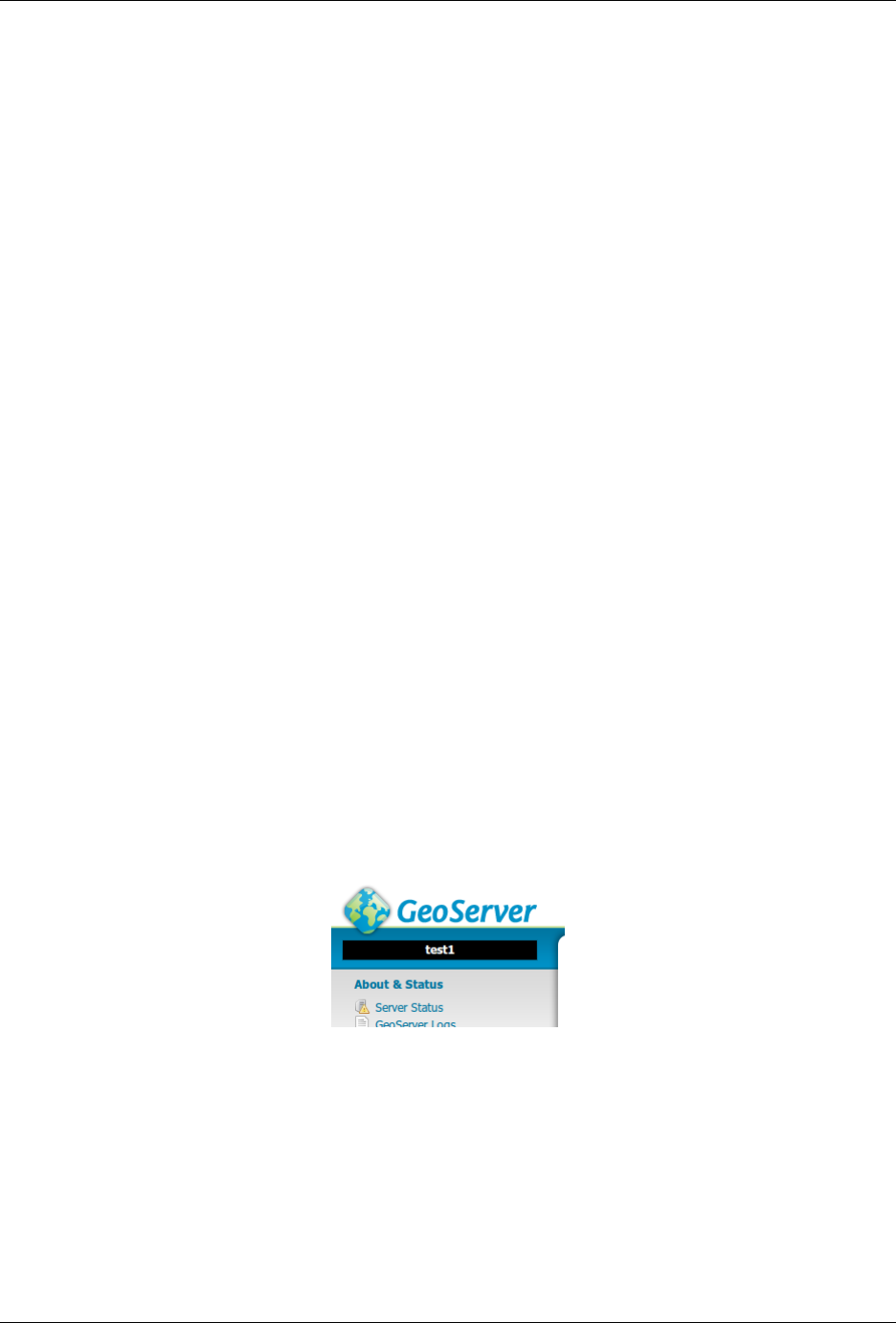
GeoServer User Manual, Release 2.15.1
as a bug, or it may be caused by an extension/plugin not adding its classes to the list (finally, it could be
someone trying to perform a “Remote Execution” attack, which is what the whitelist is designed to prevent).
This can be worked around by setting the system properties GEOSERVER_XSTREAM_WHITELIST for
GeoServer or GEOWEBCACHE_XSTREAM_WHITELIST for GeoWebCache to a semicolon separated list of
qualified class names. The class names may include wildcards ?for a single character, *for any num-
ber of characters not including the separater ., and ** for any number of characters including separa-
tors. For instance, org.example.blah.SomeClass; com.demonstration.*; ca.test.** will al-
low, the specific class org.example.blah.SomeClass, any class immediately within the package com.
demonstration, and any class within the package ca.test or any of its descendant packages.
GEOSERVER_XSTREAM_WHITELIST and GEOWEBCACHE_XSTREAM_WHITELIST should only be used as a
workarround until GeoServer, GWC, or the extension causing the problem has been updated, so please
report to the users list the missing classes as soon as possible.
11.8 Make cluster nodes identifiable from the GUI
When running one or more clusters of GeoServer installations it is useful to identify which cluster (and
eventually which node of the cluster) one is working against by just glancing the web administration UI.
This is possible by setting one variable, GEOSERVER_NODE_OPTS, with one of the supported mechanisms:
• as a system variable
• as an environment variable
• as a servlet context parameter
GEOSERVER_NODE_OPTS is a semicolumn separate list of key/value pairs and it can contain the following
keys:
• id: the string identifying the node, which in turn can be a static string, or use the $host_ip and
$host_name to report the host IP address or host name respectively
• color: the label color, as a CSS color
• background: the background color, as a CSS color
Here are some examples:
Fig. 11.1: GEOSERVER_NODE_OPTS=”id:test1;background:black;color:white”
11.8. Make cluster nodes identifiable from the GUI 1313
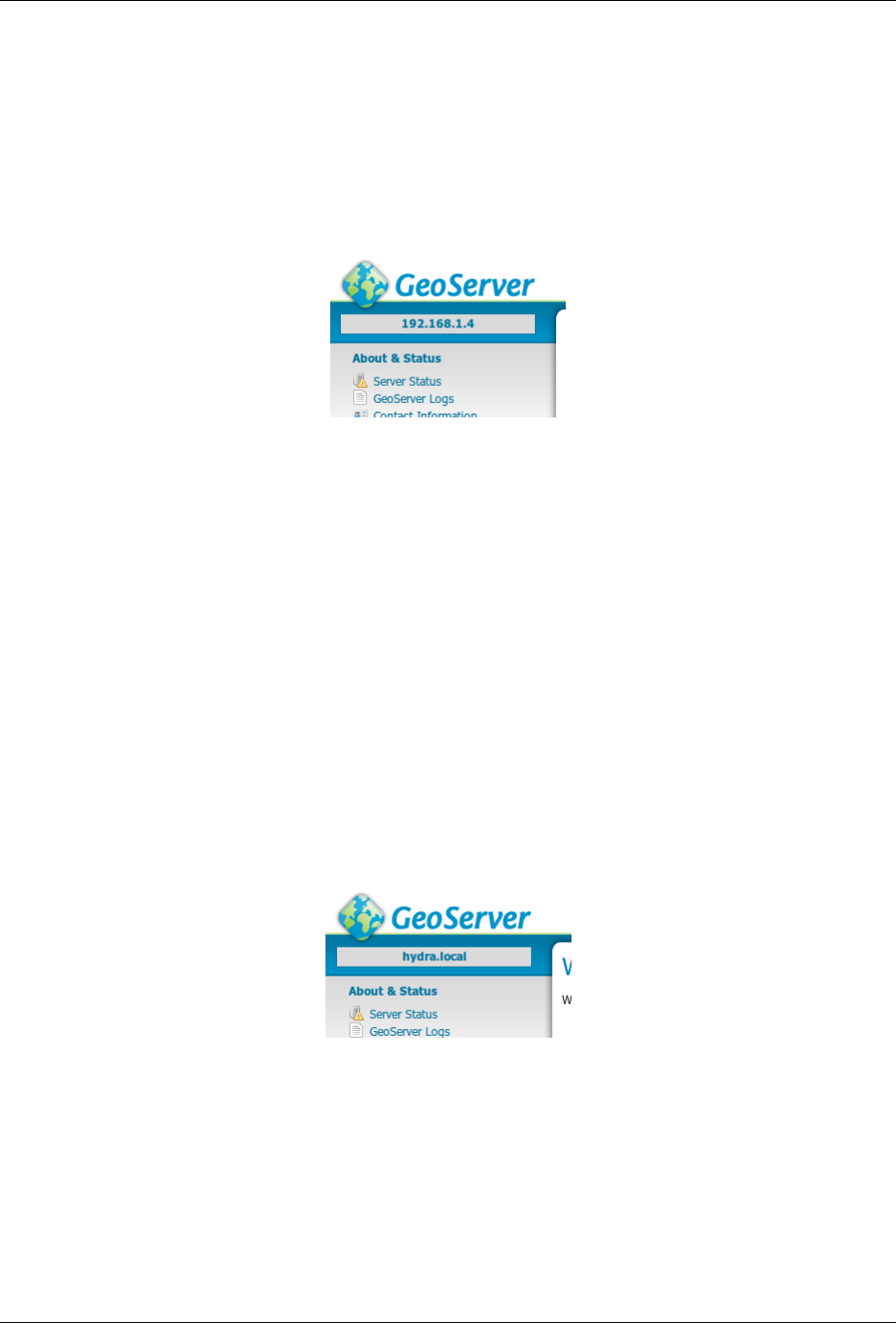
GeoServer User Manual, Release 2.15.1
Fig. 11.2: GEOSERVER_NODE_OPTS=”id:$host_ip”
Fig. 11.3: GEOSERVER_NODE_OPTS=”id:$host_name”
1314 Chapter 11. Running in a production environment

CHAPTER 12
REST
GeoServer provides a RESTful interface through which clients can retrieve information about an instance
and make configuration changes. Using the REST interface’s simple HTTP calls, clients can configure
GeoServer without needing to use the Web administration interface.
REST is an acronym for “REpresentational State Transfer”. REST adopts a fixed set of operations on named
resources, where the representation of each resource is the same for retrieving and setting information. In
other words, you can retrieve (read) data in an XML format and also send data back to the server in similar
XML format in order to set (write) changes to the system.
Operations on resources are implemented with the standard primitives of HTTP: GET to read; and
PUT, POST, and DELETE to write changes. Each resource is represented as a URL, such as http://
GEOSERVER_HOME/rest/workspaces/topp.
12.1 API
The following links provide direct access to the GeoServer REST API documentation, including definitions
and examples of each endpoint:
•/about/manifests
•/datastores
•/coverages
•/coveragestores
•/featuretypes
•/fonts
•/layergroups
•/layers
•/monitoring
1315

GeoServer User Manual, Release 2.15.1
•/namespaces
•/services/wms|wfs|wcs/settings
•/reload
•/resource
•/security
•/settings
•/structuredcoverages
•/styles
•/templates
•/transforms
•/wmslayers
•/wmsstores
•/wmtslayers
•/wmtsstores
•/workspaces
•/usergroup
•/roles
• GeoWebCache:
–/blobstores
–/bounds
–/diskquota
–/filterupdate
–/global
–/gridsets
–/index
–/layers
–/masstruncate
–/statistics
–/reload
–/seed
• Importer extension:
–/imports
–/imports (tasks)
–/imports (transforms)
–/imports (data)
• Monitor extension:
1316 Chapter 12. REST
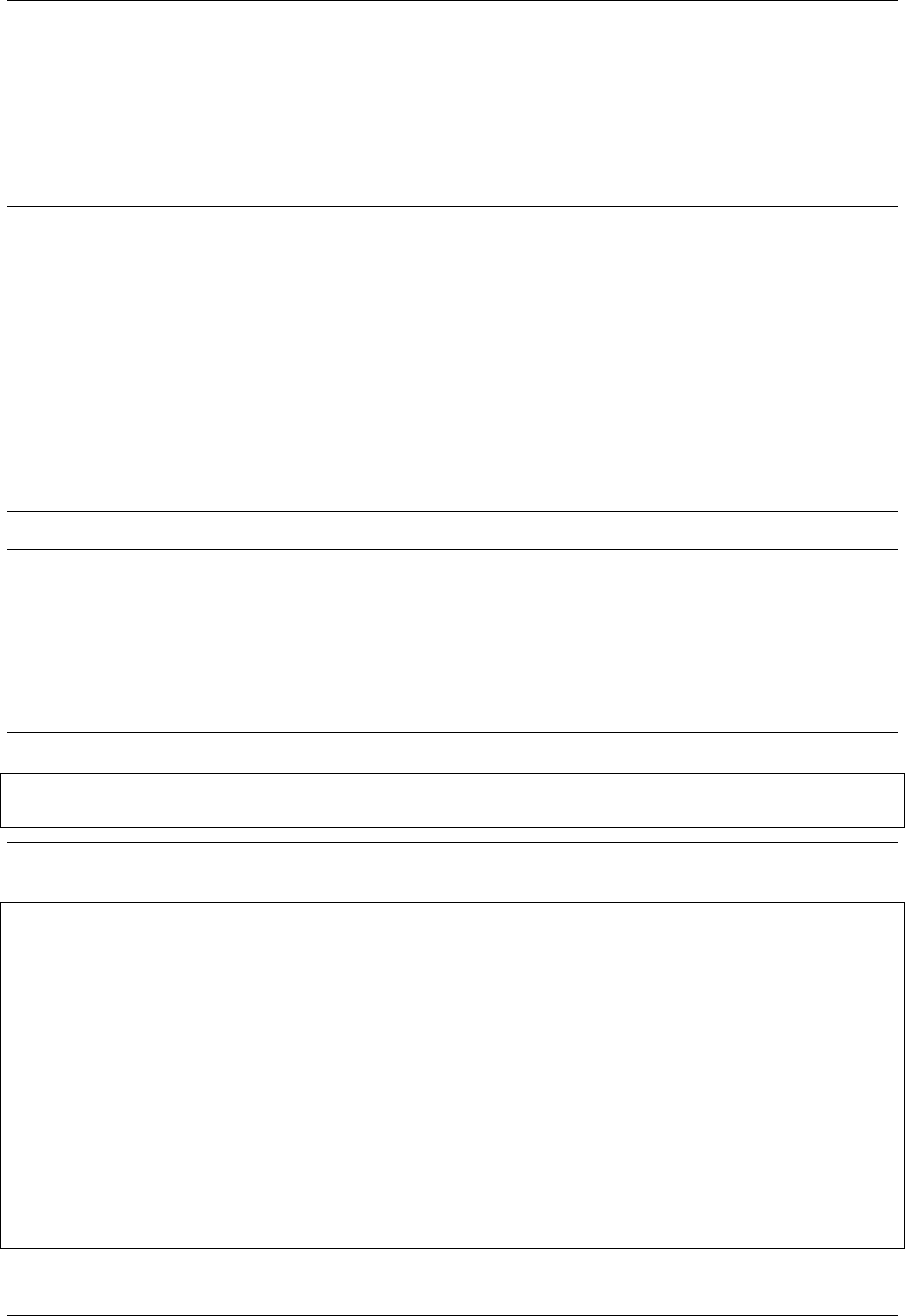
GeoServer User Manual, Release 2.15.1
–/monitor
• XSLT extension:
–/services/wfs/transforms
Note: You can also view the original REST configuration API reference section.
12.2 Examples
This section contains a number of examples which illustrate some of the most common uses of the REST
API. They are grouped by endpoint.
12.2.1 About
The REST API allows you to set and retrieve information about the server itself.
Note: Read the API reference for /about/manifests <manifests.yaml>__.
Retrieving component versions
Retrieve the versions of the main components: GeoServer, GeoTools, and GeoWebCache
Request
curl
curl -v-u admin:geoserver -XGET -H"Accept: text/xml"
http://localhost:8080/geoserver/rest/about/version.xml
Response
<about>
<resource name="GeoServer">
<Build-Timestamp>11-Dec-2012 17:55</Build-Timestamp>
<Git-Revision>e66f8da85521f73d0fd00b71331069a5f49f7865</Git-Revision>
<Version>2.3-SNAPSHOT</Version>
</resource>
<resource name="GeoTools">
<Build-Timestamp>04-Dec-2012 02:31</Build-Timestamp>
<Git-Revision>380a2b8545ee9221f1f2d38a4f10ef77a23bccae</Git-Revision>
<Version>9-SNAPSHOT</Version>
</resource>
<resource name="GeoWebCache">
<Git-Revision>2a534f91f6b99e5120a9eaa5db62df771dd01688</Git-Revision>
<Version>1.3-SNAPSHOT</Version>
</resource>
</about>
12.2. Examples 1317
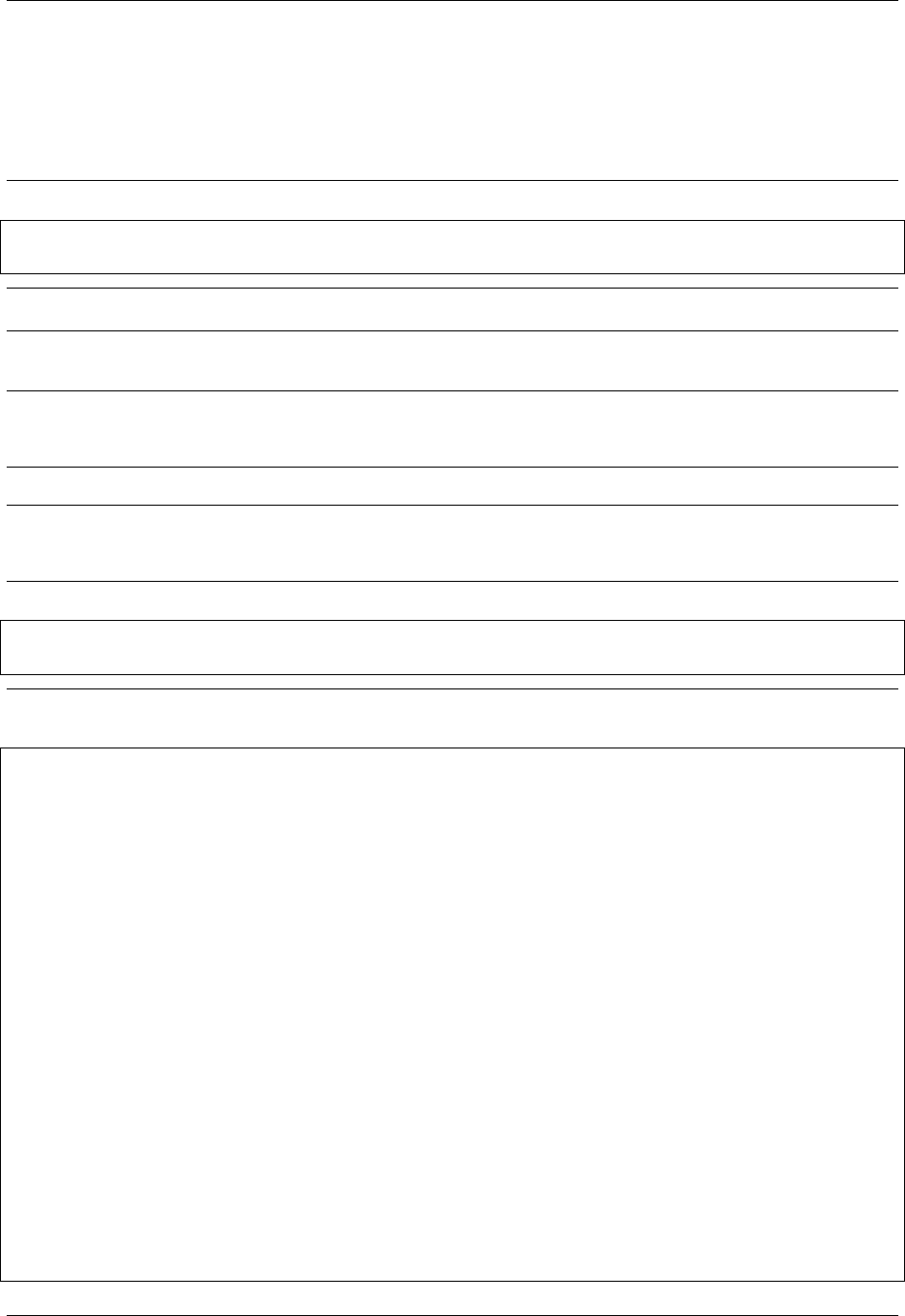
GeoServer User Manual, Release 2.15.1
Retrieving manifests
Retrieve the full manifest and subsets of the manifest as known to the ClassLoader
Request
curl
curl -v-u admin:geoserver -XGET -H"Accept: text/xml"
http://localhost:8080/geoserver/rest/about/manifest.xml
Note: The result will be a very long list of manifest information. While this can be useful, it is often
desirable to filter this list.
Retrieve manifests, filtered by resource name
Note: This example will retrieve only resources where the name attribute matches gwc-.*.
Request
curl
curl -v -u admin:geoserver -XGET -H "Accept: text/xml"
http://localhost:8080/geoserver/rest/about/manifest.xml?manifest=gwc-.*
Response
<about>
<resource name="gwc-2.3.0">
...
</resource>
<resource name="gwc-core-1.4.0">
...
</resource>
<resource name="gwc-diskquota-core-1.4.0">
...
</resource>
<resource name="gwc-diskquota-jdbc-1.4.0">
...
</resource>
<resource name="gwc-georss-1.4.0">
...
</resource>
<resource name="gwc-gmaps-1.4.0">
...
</resource>
<resource name="gwc-kml-1.4.0">
...
</resource>
<resource name="gwc-rest-1.4.0">
...
</resource>
1318 Chapter 12. REST
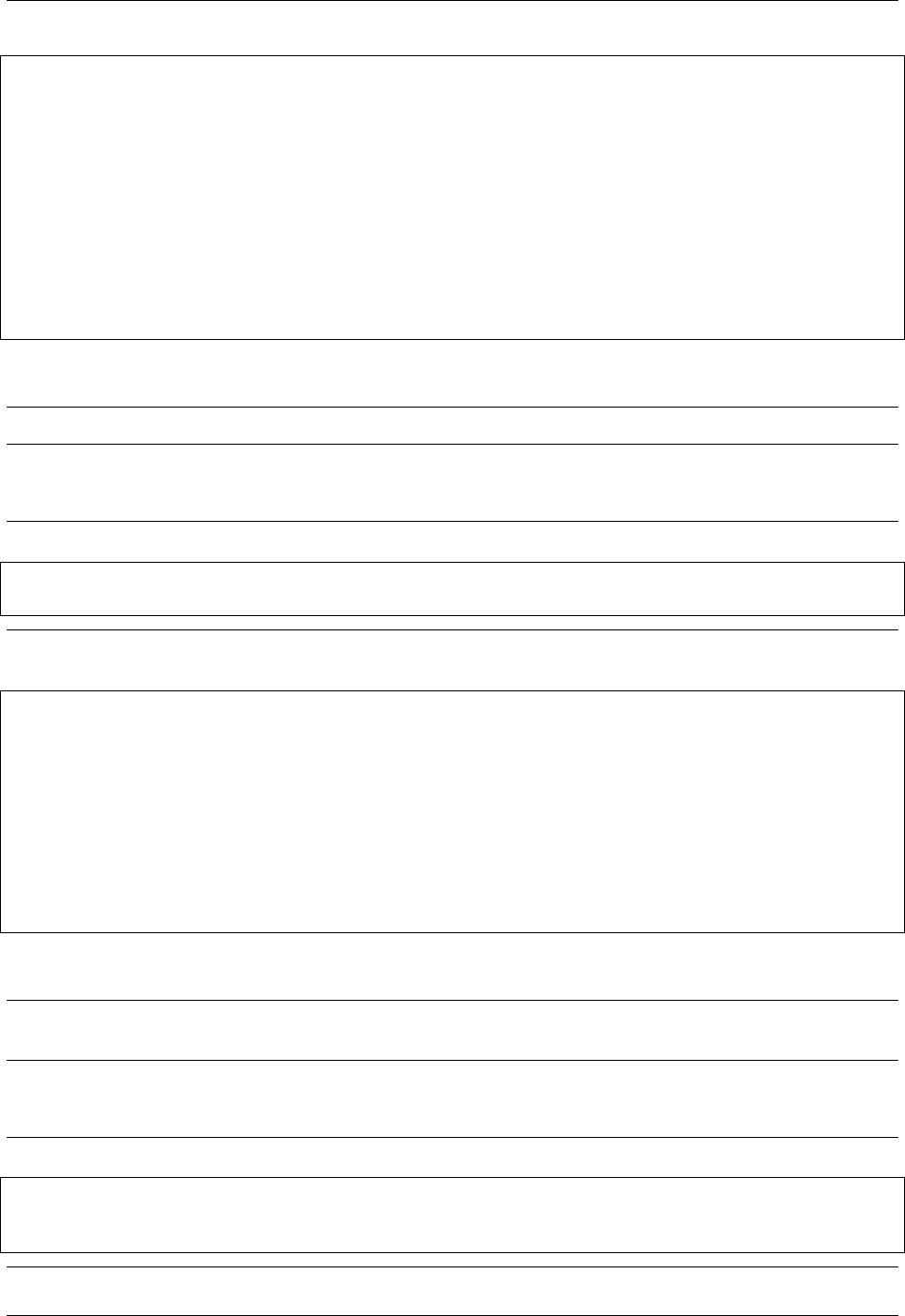
GeoServer User Manual, Release 2.15.1
<resource name="gwc-tms-1.4.0">
...
</resource>
<resource name="gwc-ve-1.4.0">
...
</resource>
<resource name="gwc-wms-1.4.0">
...
</resource>
<resource name="gwc-wmts-1.4.0">
...
</resource>
</about>
Retrieve manifests, filtered by resource property
Note: This example will retrieve only resources with a property equal to GeoServerModule.
Request
curl
curl -u admin:geoserver -XGET -H "Accept: text/xml"
http://localhost:8080/geoserver/rest/about/manifest.xml?key=GeoServerModule
Response
<about>
<resource name="control-flow-2.3.0">
<GeoServerModule>extension</GeoServerModule>
...
</resource>
...
<resource name="wms-2.3.0">
<GeoServerModule>core</GeoServerModule>
...
</resource>
</about>
Retrieve manifests, filtered by both resource name and property
Note: This example will retrieve only resources where a property with named GeoServerModule has a
value equal to extension.
Request
curl
curl -u admin:geoserver -XGET -H "Accept: text/xml"
http://localhost:8080/geoserver/rest/about/manifest.xml?key=GeoServerModule&
,→value=extension
12.2. Examples 1319
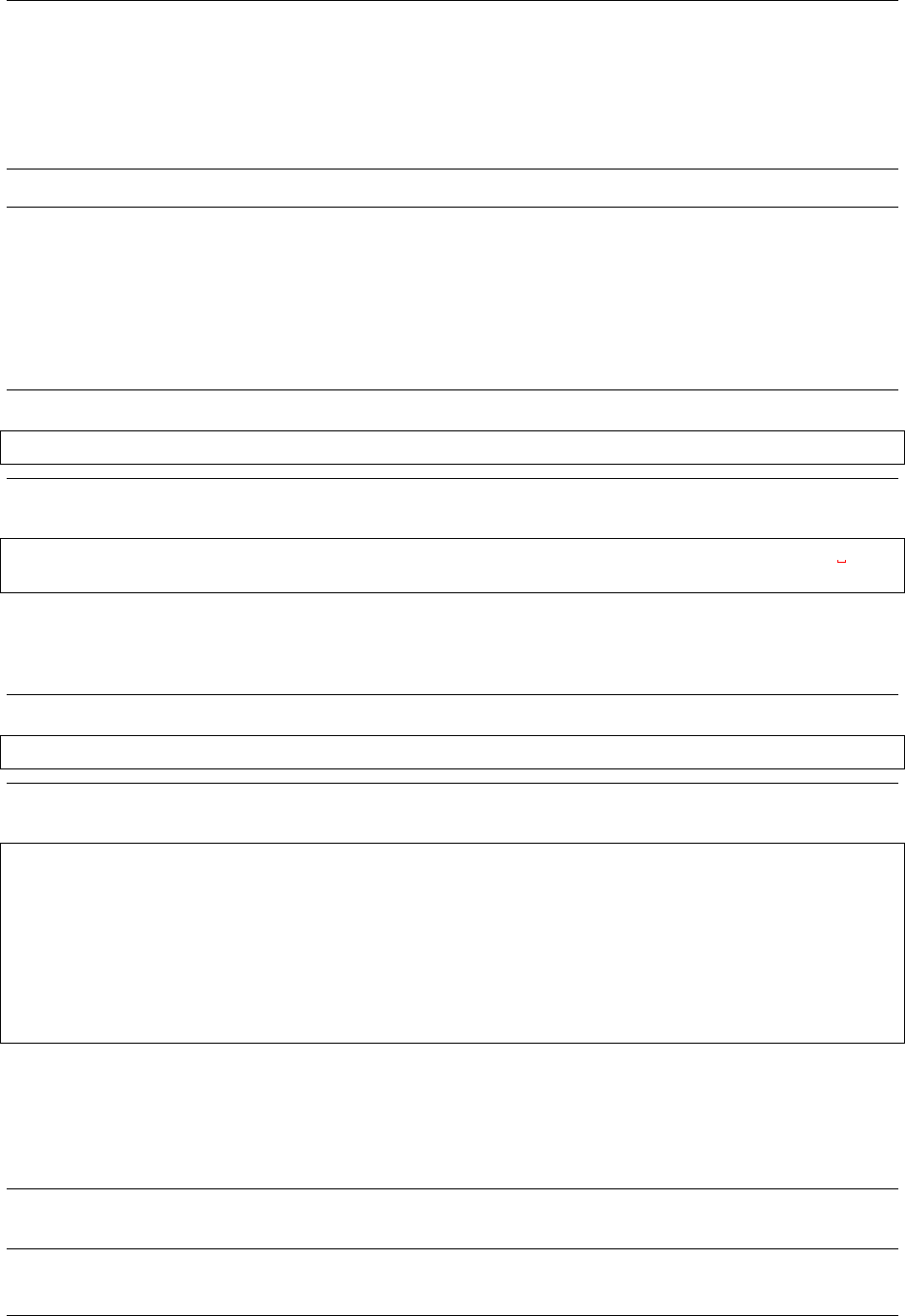
GeoServer User Manual, Release 2.15.1
12.2.2 Fonts
The REST API allows you to list—but not modify—fonts available in GeoServer. It can be useful to use this
operation to verify if a font used in a style file is available before uploading it.
Note: Read the API reference for /fonts.
Getting a list of all fonts
List all fonts on the server, in JSON format:
Request
curl
curl -u admin:geoserver -XGET http://localhost:8080/geoserver/rest/fonts.json
Response
{"fonts":["Calibri Light Italic","Microsoft PhagsPa Bold","Lucida Sans Typewriter
,→Oblique","ChaparralPro-Regular","Californian FB Italic"]}
List all fonts on the server, in XML format:
Request
curl
curl -u admin:geoserver -XGET http://localhost:8080/geoserver/rest/fonts.xml
Response
<root>
<fonts>
<entry>Calibri Light Italic</entry>
<entry>Microsoft PhagsPa Bold</entry>
<entry>Lucida Sans Typewriter Oblique</entry>
<entry>ChaparralPro-Regular</entry>
<entry>Californian FB Italic</entry>
</fonts>
</root>
12.2.3 Layer groups
The REST API allows you to create and modify layer groups in GeoServer.
Note: The examples below specify global layer groups, but the examples will work in a workspace-specific
construction as well.
1320 Chapter 12. REST
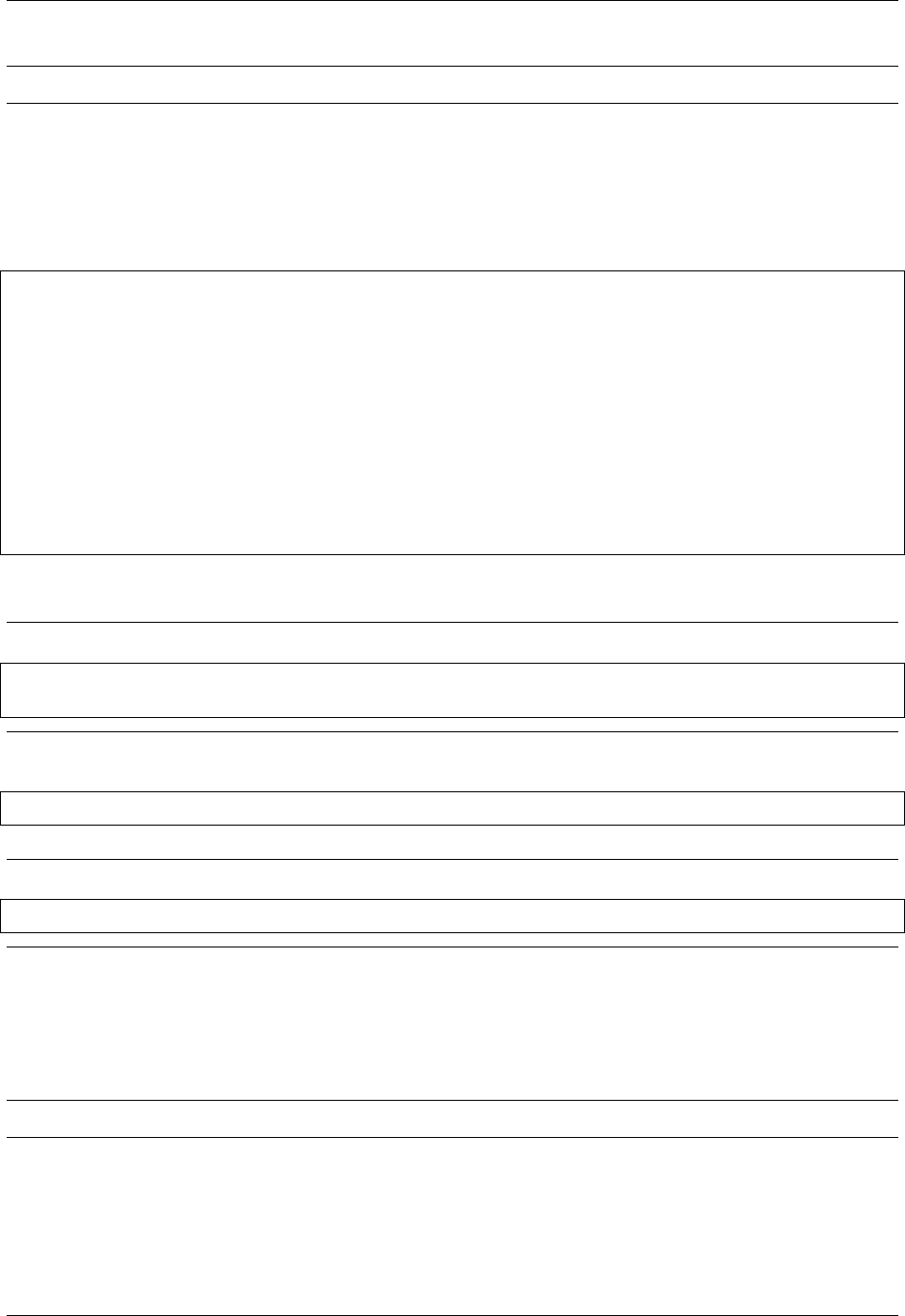
GeoServer User Manual, Release 2.15.1
Note: Read the API reference for /layergroups.
Creating a layer group
Create a new layer group based on already-published layers
Given the following content saved as nycLayerGroup.xml:
<layerGroup>
<name>nyc</name>
<layers>
<layer>roads</layer>
<layer>parks</layer>
<layer>buildings</layer>
</layers>
<styles>
<style>roads_style</style>
<style>polygon</style>
<style>polygon</style>
</styles>
</layerGroup>
Request
curl
curl -v-u admin:geoserver -XPOST -d@nycLayerGroup.xml -H"Content-type: text/xml"
http://localhost:8080/geoserver/rest/layergroups
Response
201 Created
Note: This layer group can be viewed with a WMS GetMap request:
http://localhost:8080/geoserver/wms/reflect?layers=nyc
12.2.4 Layers
The REST API allows you to list, create, upload, update, and delete layers in GeoServer.
Note: Read the API reference for /layers.
Listing all layers
List all layers on the server, in JSON format:
12.2. Examples 1321
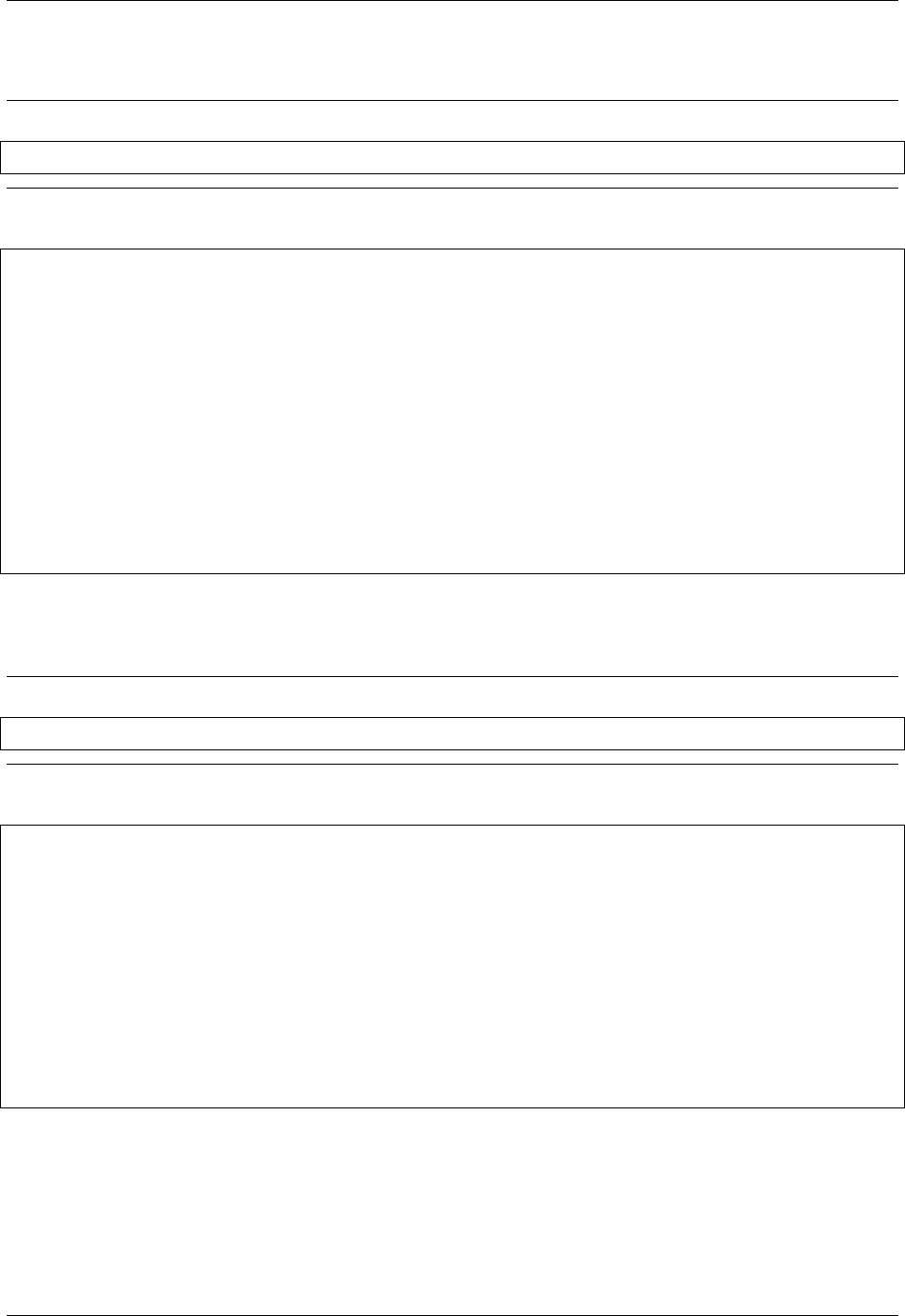
GeoServer User Manual, Release 2.15.1
Request
curl
curl -u admin:geoserver -XGET http://localhost:8080/geoserver/rest/layers.json
Response
{
"layers": {
"layer": [
{
"name":"giant_polygon",
"href":"http://localhost:8080/geoserver/rest/layers/giant_polygon.json"
},
{
"name":"poi",
"href":"http://localhost:8080/geoserver/rest/layers/poi.json"
},
...
]
}
}
List all styles in a workspace, in XML format:
Request
curl
curl -u admin:geoserver -XGET http://localhost:8080/geoserver/rest/layers.xml
Response
<layers>
<layer>
<name>giant_polygon</name>
<atom:link xmlns:atom="http://www.w3.org/2005/Atom" rel="alternate" href="http://
,→localhost:8080/geoserver/rest/layers/giant_polygon.xml" type="application/xml"/>
</layer>
<layer>
<name>poi</name>
<atom:link xmlns:atom="http://www.w3.org/2005/Atom" rel="alternate" href="http://
,→localhost:8080/geoserver/rest/layers/poi.xml" type="application/xml"/>
</layer>
...
</layers>
12.2.5 Security
The REST API allows you to adjust GeoServer security settings.
1322 Chapter 12. REST
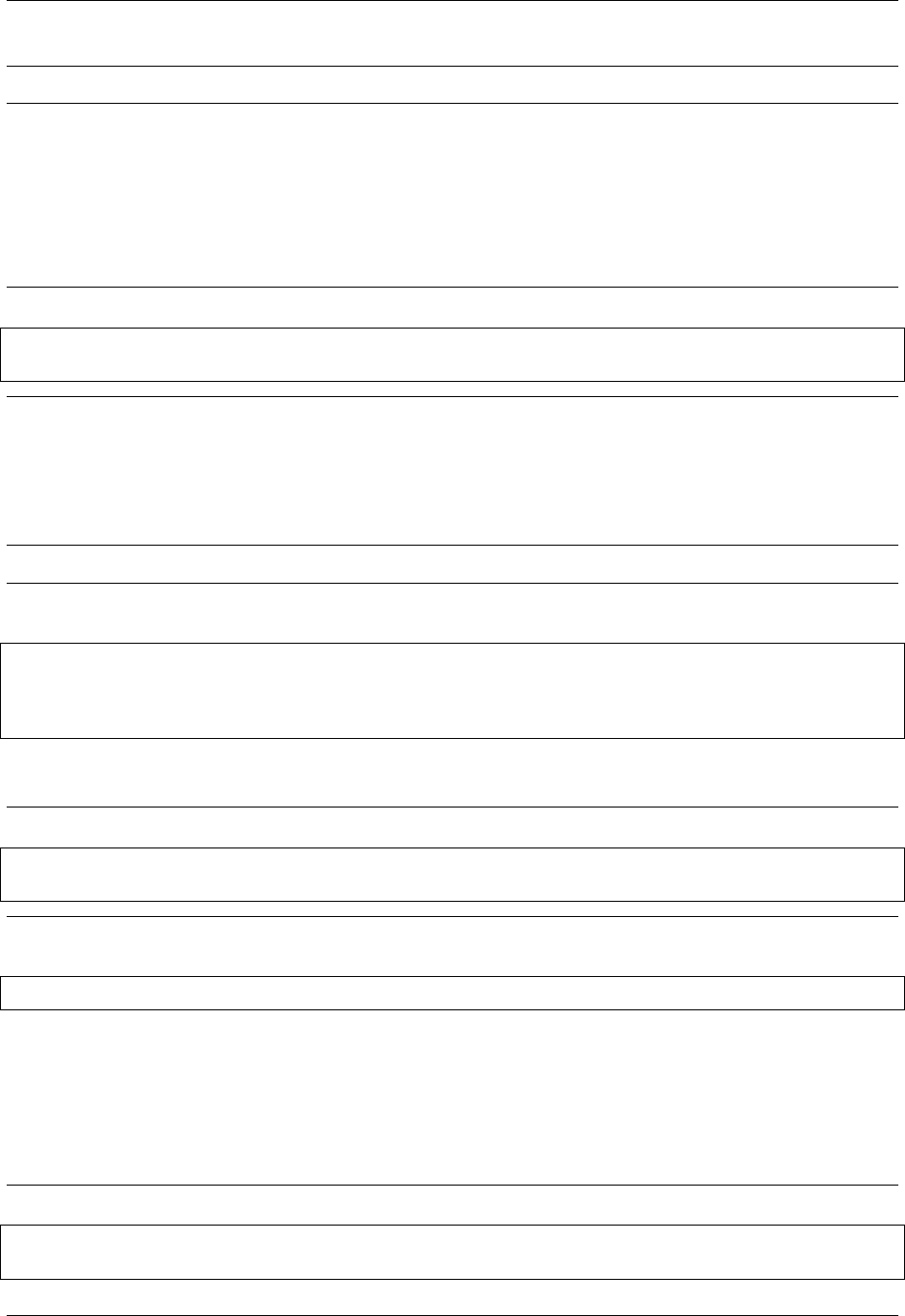
GeoServer User Manual, Release 2.15.1
Note: Read the API reference for /security.
Listing the master password
Retrieve the master password for the “root” account
Request
curl
curl -v-u admin:geoserver -XGET http://localhost:8080/geoserver/rest/security/
,→masterpw.xml
Changing the master password
Change to a new master password
Note: Requires knowledge of the current master password.
Given a changes.xml file:
<masterPassword>
<oldMasterPassword>-"}3a^Kh</oldMasterPassword>
<newMasterPassword>geoserver1</newMasterPassword>
</masterPassword>
Request
curl
curl -v-u admin:geoserver -XPUT -H"Content-type: text/xml" -d@change.xml http://
,→localhost:8080/geoserver/rest/security/masterpw.xml
Response
200 OK
Listing the catalog mode
Fetch the current catalog mode
Request
curl
curl -v-u admin:geoserver -XGET http://localhost:8080/geoserver/rest/security/acl/
,→catalog.xml
12.2. Examples 1323
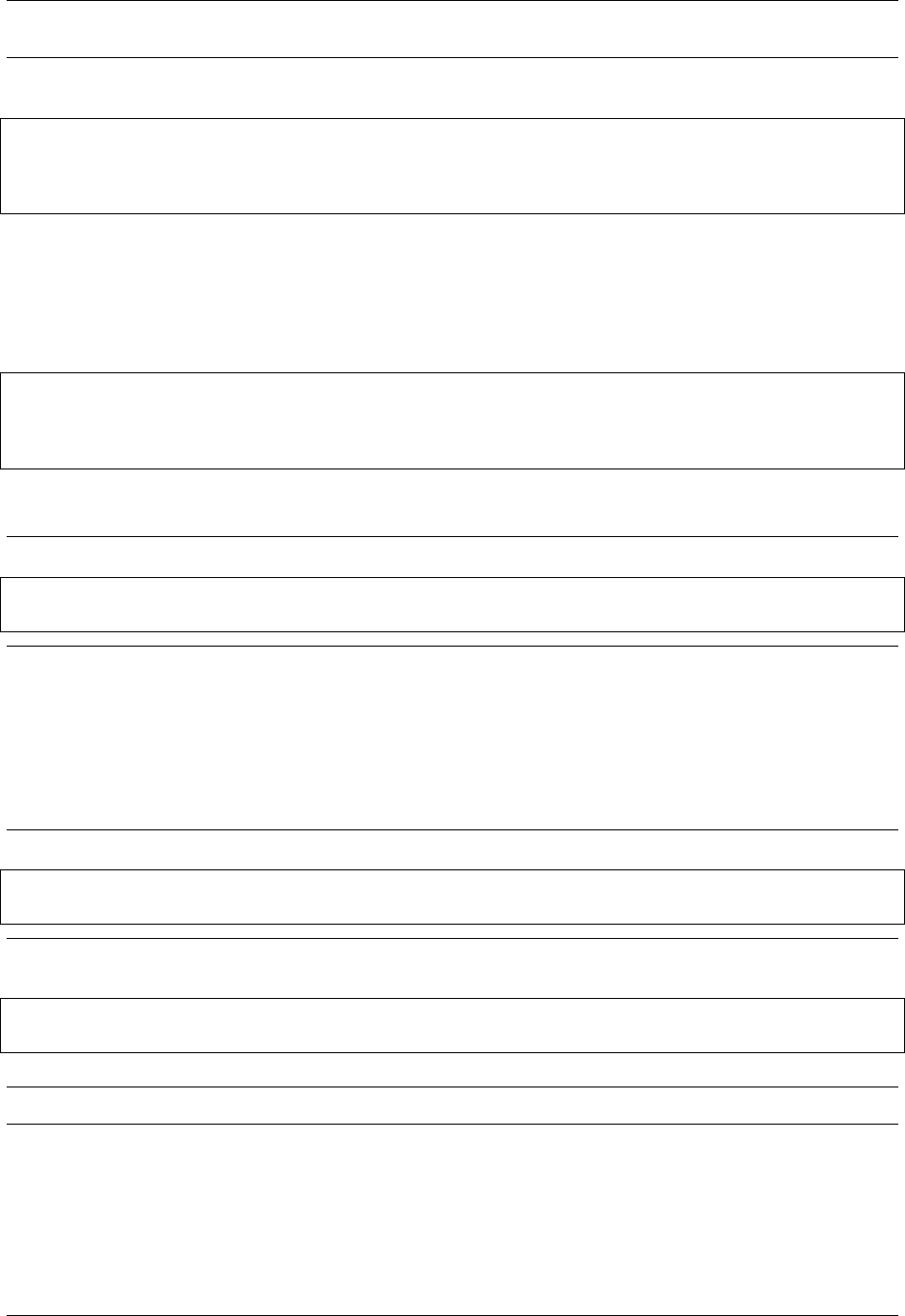
GeoServer User Manual, Release 2.15.1
Response
<?xml version="1.0" encoding="UTF-8"?>
<catalog>
<mode>HIDE</mode>
</catalog>
Changing the catalog mode
Set a new catalog mode
Given a newMode.xml file:
<?xml version="1.0" encoding="UTF-8"?>
<catalog>
<mode>MIXED</mode>
</catalog>
Request
curl
curl -v-u admin:geoserver -XPUT -H"Content-type: text/xml" -d@newMode.xml http://
,→localhost:8080/geoserver/rest/security/acl/catalog.xml
Listing access control rules
Retrieve current list of access control rules
Request
curl
curl -v-u admin:geoserver -XGET http://localhost:8080/geoserver/rest/security/acl/
,→layers.xml
Response
<?xml version="1.0" encoding="UTF-8"?>
<rules />
Note: The above response shows no rules specified.
Changing access control rules
Set a new list of access control rules
Given a rules.xml file:
1324 Chapter 12. REST
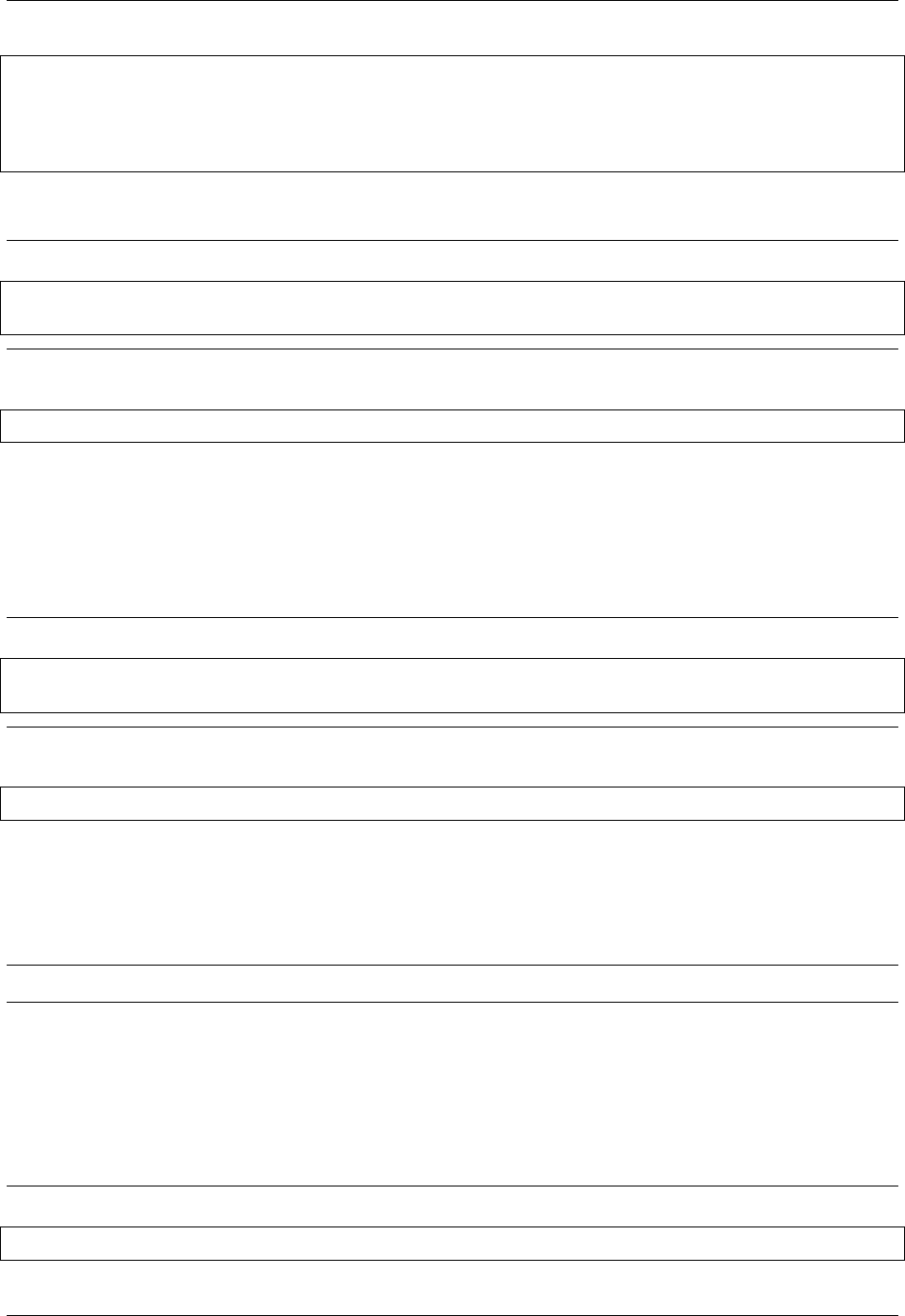
GeoServer User Manual, Release 2.15.1
<?xml version="1.0" encoding="UTF-8"?>
<rules>
<rule resource="topp.*.r">ROLE_AUTHORIZED</rule>
<rule resource="topp.mylayer.w">ROLE_1,ROLE_2</rule>
</rules>
Request
curl
curl -v-u admin:geoserver -XPOST -H"Content-type: text/xml" -d@rules.xml http://
,→localhost:8080/geoserver/rest/security/acl/layers.xml
Response
201 Created
Deleting access control rules
Delete individual access control rule
Request
curl
curl -v-u admin:geoserver -XDELETE http://localhost:8080/geoserver/rest/security/
,→acl/layers/topp.*.r
Response
200 OK
12.2.6 Styles
The REST API allows you to list, create, upload, update, and delete styles in GeoServer.
Note: Read the API reference for /styles.
Listing all styles
List all styles on the server, in JSON format:
Request
curl
curl -u admin:geoserver -XGET http://localhost:8080/geoserver/rest/styles.json
12.2. Examples 1325
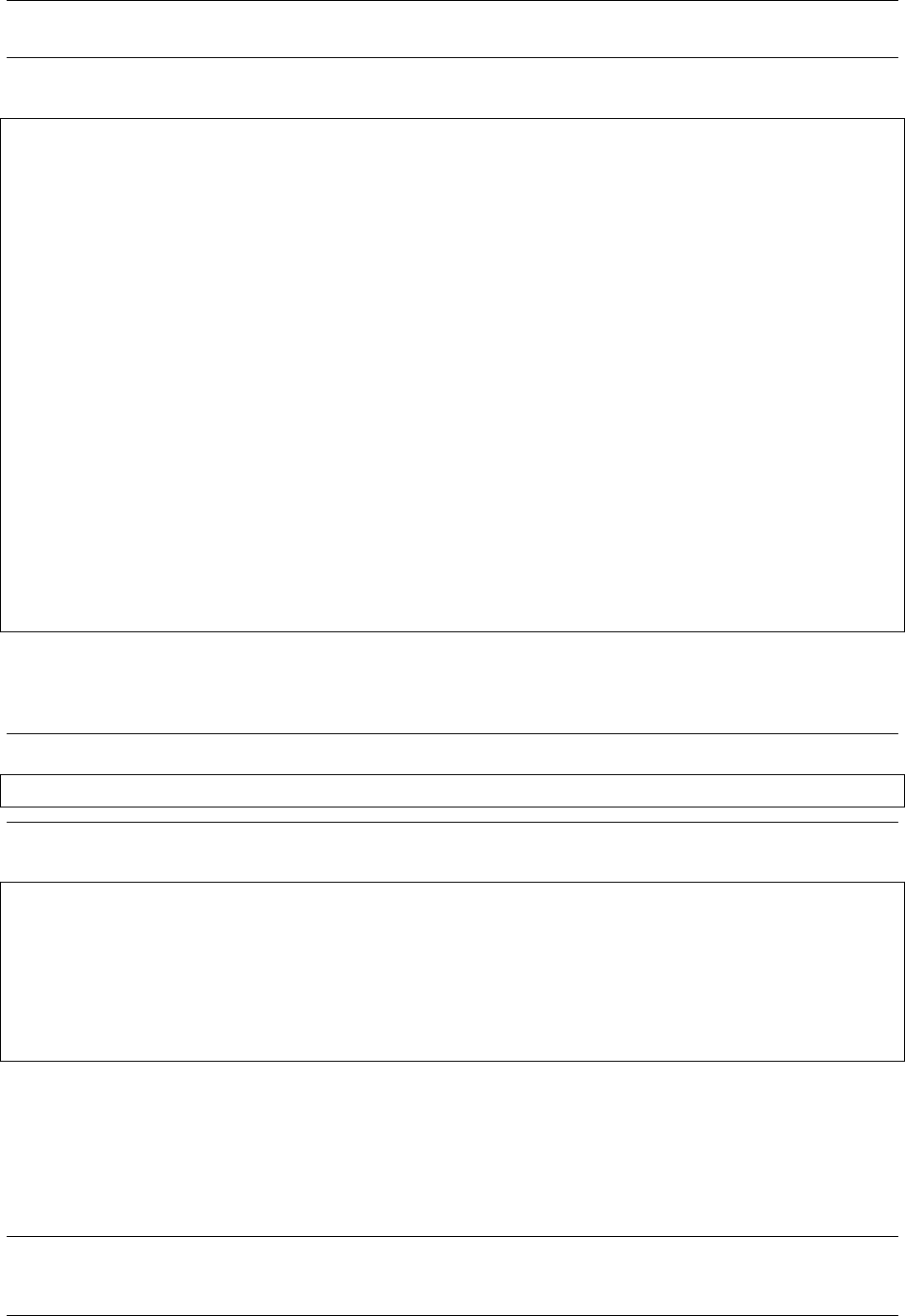
GeoServer User Manual, Release 2.15.1
Response
{"styles":{"style":[{"name":"burg","href":"http:\/\/localhost:8080\/geoserver\/rest\/
,→styles\/burg.json"},{"name":"capitals","href":"http:\/\/localhost:8080\/geoserver\/
,→rest\/styles\/capitals.json"},{"name":"dem","href":"http:\/\/localhost:8080\/
,→geoserver\/rest\/styles\/dem.json"},{"name":"generic","href":"http:\/\/
,→localhost:8080\/geoserver\/rest\/styles\/generic.json"},{"name":"giant_polygon",
,→"href":"http:\/\/localhost:8080\/geoserver\/rest\/styles\/giant_polygon.json"},{
,→"name":"grass","href":"http:\/\/localhost:8080\/geoserver\/rest\/styles\/grass.json
,→"},{"name":"green","href":"http:\/\/localhost:8080\/geoserver\/rest\/styles\/green.
,→json"},{"name":"line","href":"http:\/\/localhost:8080\/geoserver\/rest\/styles\/
,→line.json"},{"name":"poi","href":"http:\/\/localhost:8080\/geoserver\/rest\/styles\/
,→poi.json"},{"name":"point","href":"http:\/\/localhost:8080\/geoserver\/rest\/
,→styles\/point.json"},{"name":"polygon","href":"http:\/\/localhost:8080\/geoserver\/
,→rest\/styles\/polygon.json"},{"name":"poly_landmarks","href":"http:\/\/
,→localhost:8080\/geoserver\/rest\/styles\/poly_landmarks.json"},{"name":"pophatch",
,→"href":"http:\/\/localhost:8080\/geoserver\/rest\/styles\/pophatch.json"},{"name":
,→"population","href":"http:\/\/localhost:8080\/geoserver\/rest\/styles\/population.
,→json"},{"name":"rain","href":"http:\/\/localhost:8080\/geoserver\/rest\/styles\/
,→rain.json"},{"name":"raster","href":"http:\/\/localhost:8080\/geoserver\/rest\/
,→styles\/raster.json"},{"name":"restricted","href":"http:\/\/localhost:8080\/
,→geoserver\/rest\/styles\/restricted.json"},{"name":"simple_roads","href":"http:\/\/
,→localhost:8080\/geoserver\/rest\/styles\/simple_roads.json"},{"name":"simple_streams
,→","href":"http:\/\/localhost:8080\/geoserver\/rest\/styles\/simple_streams.json"},{
,→"name":"tiger_roads","href":"http:\/\/localhost:8080\/geoserver\/rest\/styles\/
,→tiger_roads.json"}]}}
List all styles in a workspace, in XML format:
Request
curl
curl -u admin:geoserver -XGET http://localhost:8080/geoserver/rest/cite/styles.xml
Response
<styles>
<style>
<name>citerain</name>
<atom:link xmlns:atom="http://www.w3.org/2005/Atom" rel="alternate" href="http://
,→localhost:8080/geoserver/rest/workspaces/cite/styles/citerain.xml" type=
,→"application/xml"/>
</style>
</styles>
Retrieve a style
Download the actual style code for a style:
Request
curl
1326 Chapter 12. REST
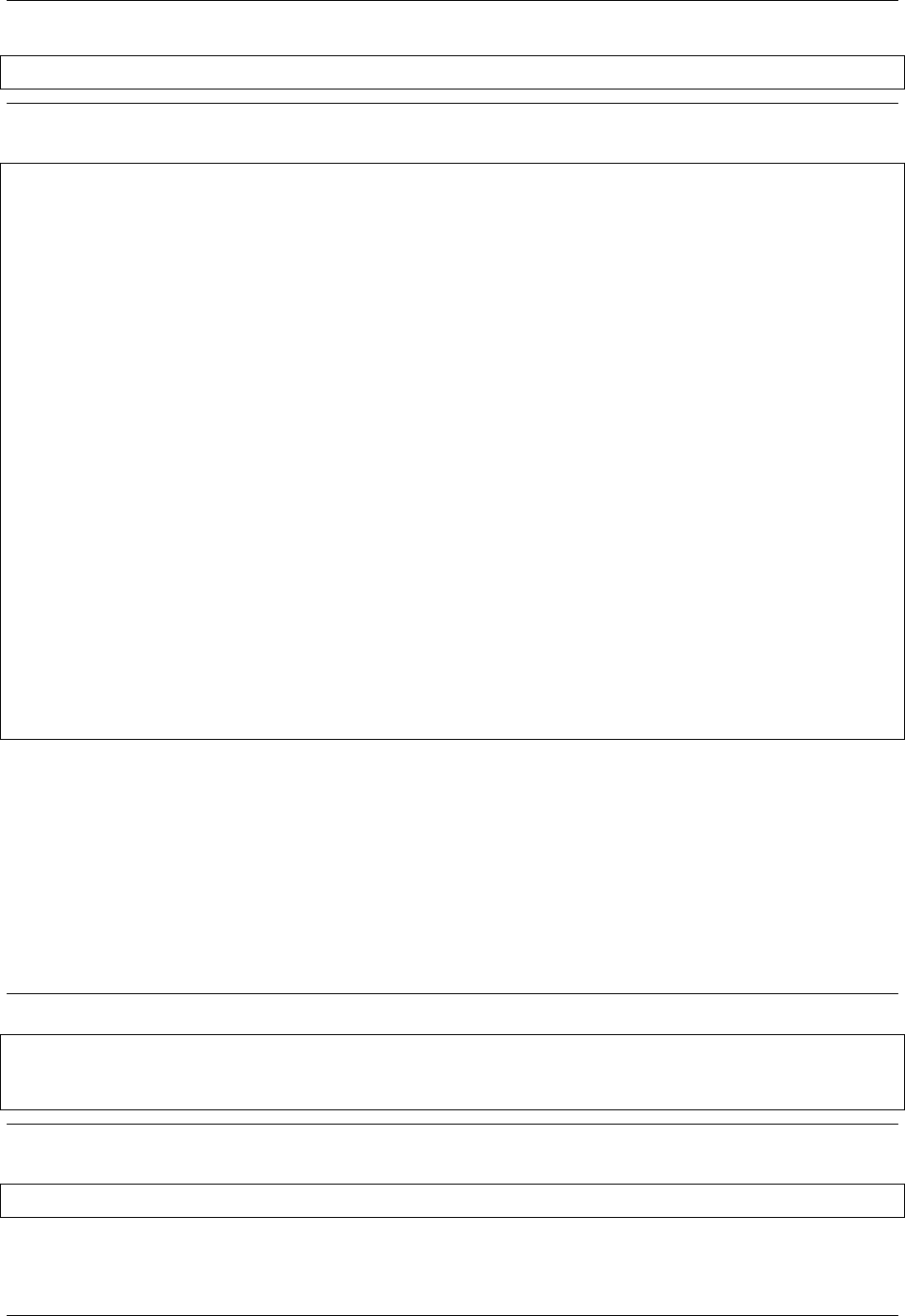
GeoServer User Manual, Release 2.15.1
curl -u admin:geoserver -XGET http://localhost:8080/geoserver/rest/styles/rain.sld
Response
<StyledLayerDescriptor version="1.0.0" xmlns="http://www.opengis.net/sld" xmlns:ogc=
,→"http://www.opengis.net/ogc"
xmlns:xlink="http://www.w3.org/1999/xlink" xmlns:xsi="http://www.w3.org/2001/
,→XMLSchema-instance"
xsi:schemaLocation="http://www.opengis.net/sld http://schemas.opengis.net/sld/1.0.0/
,→StyledLayerDescriptor.xsd">
<NamedLayer>
<Name>rain</Name>
<UserStyle>
<Name>rain</Name>
<Title>Rain distribution</Title>
<FeatureTypeStyle>
<Rule>
<RasterSymbolizer>
<Opacity>1.0</Opacity>
<ColorMap>
<ColorMapEntry color="#FF0000" quantity="0" />
<ColorMapEntry color="#FFFFFF" quantity="100"/>
<ColorMapEntry color="#00FF00" quantity="2000"/>
<ColorMapEntry color="#0000FF" quantity="5000"/>
</ColorMap>
</RasterSymbolizer>
</Rule>
</FeatureTypeStyle>
</UserStyle>
</NamedLayer>
</StyledLayerDescriptor>
Creating a style
You can create a new style on the server in two ways. In the first way, the creation is done in two steps: the
style entry is created in the catalog, and then the style content is uploaded. The second way can add the
style to the server in a single step by uploading a ZIP containing the style content:
Create a new style in two steps:
Request
curl
curl -v-u admin:geoserver -XPOST -H"Content-type: text/xml" -d"<style><name>roads_
,→style</name><filename>roads.sld</filename></style>" http://localhost:8080/geoserver/
,→rest/styles
Response
201 Created
Request
12.2. Examples 1327
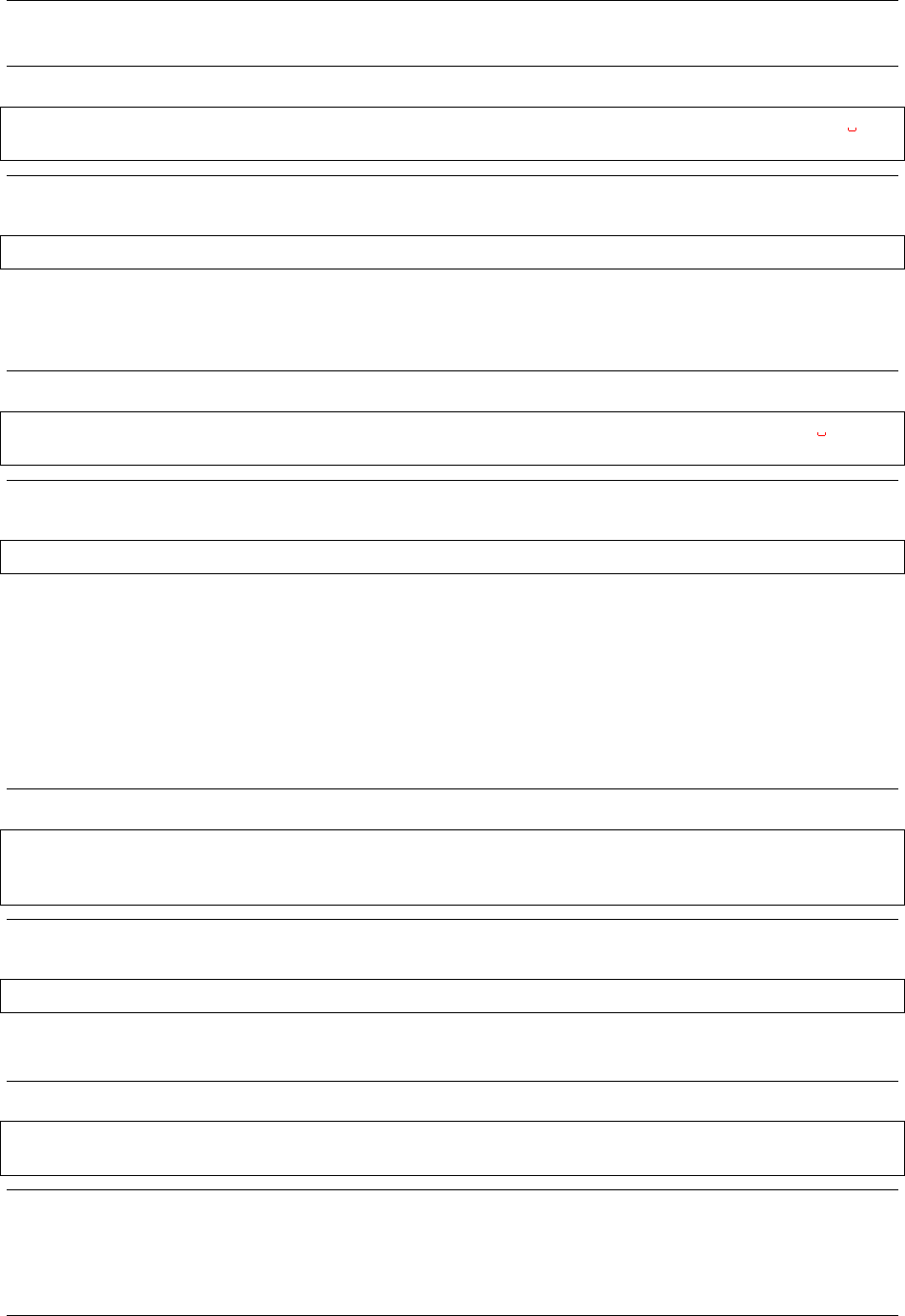
GeoServer User Manual, Release 2.15.1
curl
curl -v-u admin:geoserver -XPUT -H"Content-type: application/vnd.ogc.sld+xml" -d
,→@roads.sld http://localhost:8080/geoserver/rest/styles/roads_style
Response
200 OK
Create a new style in a single step:
Request
curl
curl -u admin:geoserver -XPOST -H"Content-type: application/zip" --data-binary
,→@roads_style.zip http://localhost:8080/geoserver/rest/styles
Response
201 Created
This example will create a new style on the server and populate it the contents of a local SLD file and related
images provided in a SLD package. A SLD package is a zip file containing the SLD style and related image
files used in the SLD.
The following creates a new style named roads_style.
Each code block below contains a single command that may be extended over multiple lines.
Request
curl
curl -u admin:geoserver -XPOST -H"Content-type: application/zip"
--data-binary @roads_style.zip
http://localhost:8080/geoserver/rest/styles
Response
201 OK
The SLD itself can be downloaded through a a GET request:
curl
curl -v-u admin:geoserver -XGET
http://localhost:8080/geoserver/rest/styles/roads_style.sld
1328 Chapter 12. REST
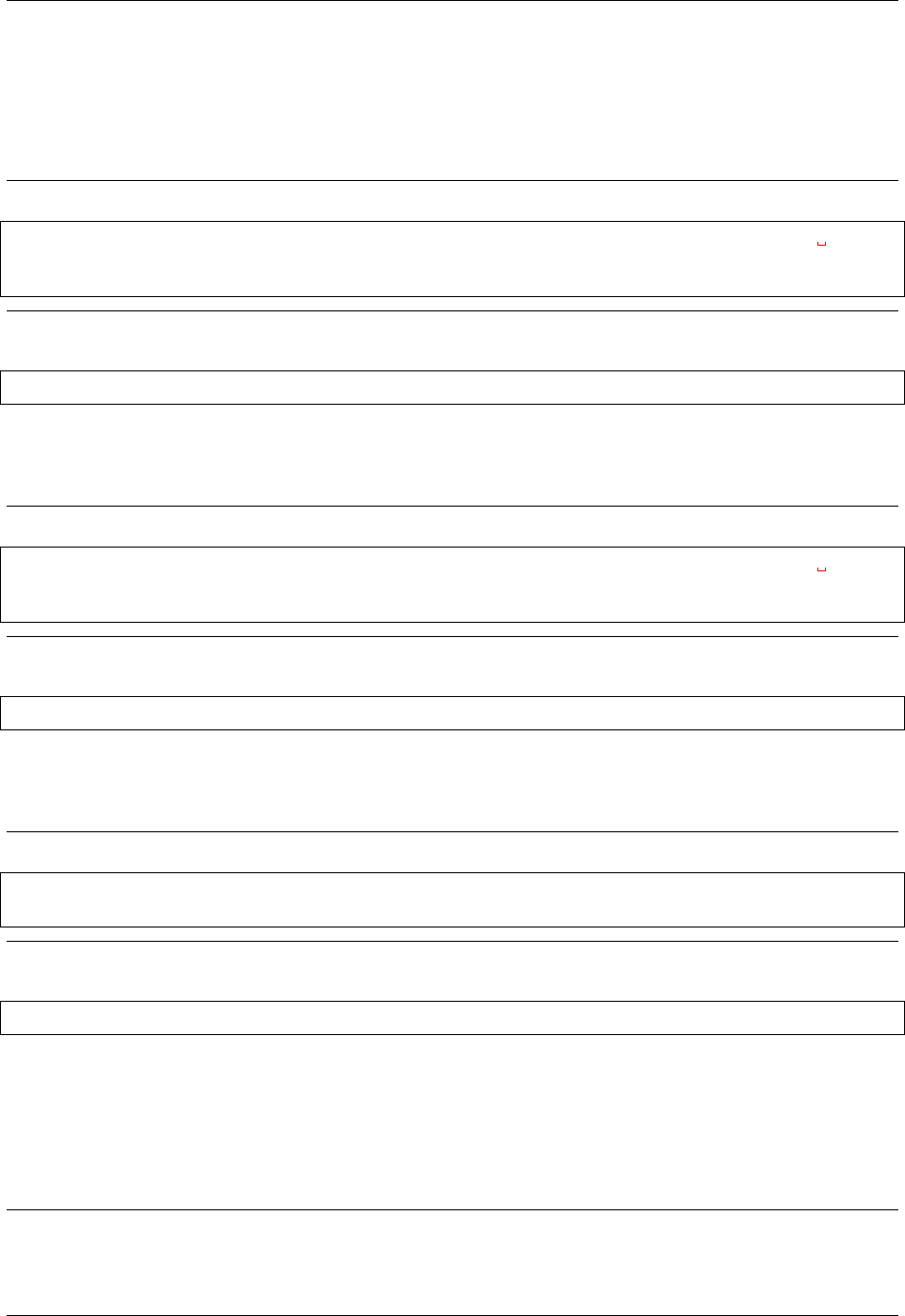
GeoServer User Manual, Release 2.15.1
Changing an existing style
Edit/reupload the content of an existing style on the server:
Request
curl
curl -u admin:geoserver -XPUT -H"Content-type: application/vnd.ogc.sld+xml" -d
,→@roads.sld
http://localhost:8080/geoserver/rest/styles/roads_style
Response
200 OK
Edit/reupload the content of an existing style on the server when the style is in a workspace:
Request
curl
curl -u admin:geoserver -XPUT -H"Content-type: application/vnd.ogc.sld+xml" -d
,→@roads.sld
http://localhost:8080/geoserver/rest/workspaces/cite/styles/roads_style
Response
200 OK
Edit/reupload the content of an existing style on the server using a ZIP file containing a shapefile:
Request
curl
curl -u admin:geoserver -XPUT -H"Content-type: application/zip" --data-binary @roads_
,→style.zip http://localhost:8080/geoserver/rest/styles/roads_style.zip
Response
200 OK
Deleting a style
Remove a style entry from the server, retaining the orphaned style content:
Request
curl
12.2. Examples 1329
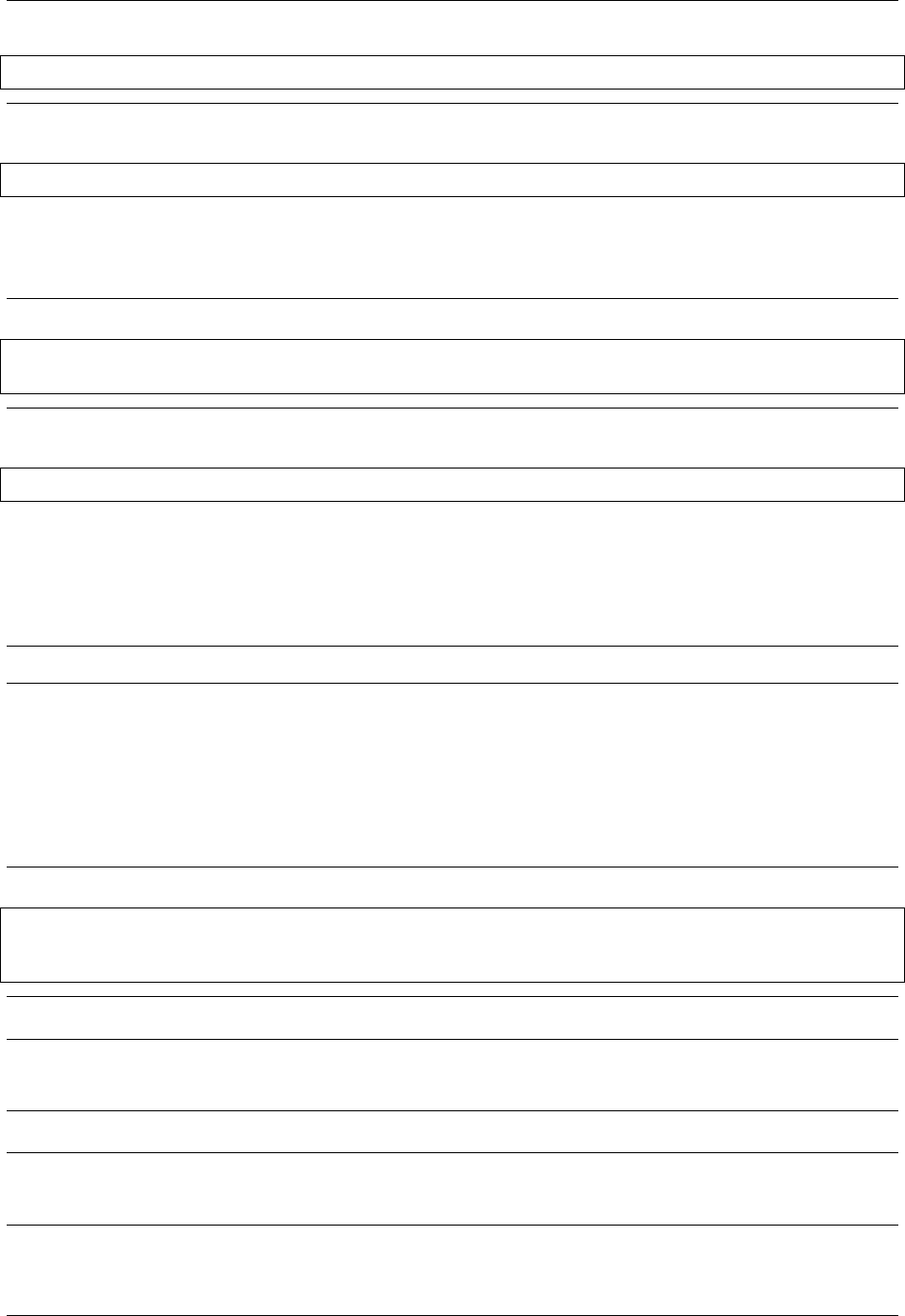
GeoServer User Manual, Release 2.15.1
curl -u admin:geoserver -XDELETE http://localhost:8080/geoserver/rest/styles/zoning
Response
200 OK
Remove a style entry from the server, deleting the orphaned style content:
Request
curl
curl -u admin:geoserver -XDELETE http://localhost:8080/geoserver/rest/styles/zoning?
,→purge=true
Response
200 OK
12.2.7 Workspaces
The REST API allows you to create and manage workspaces in GeoServer.
Note: Read the API reference for /workspaces.
Adding a new workspace
Creates a new workspace named “acme” with a POST request
Request
curl
curl -v-u admin:geoserver -XPOST -H"Content-type: text/xml"
-d"<workspace><name>acme</name></workspace>"
http://localhost:8080/geoserver/rest/workspaces
python
TBD
java
TBD
Response
1330 Chapter 12. REST
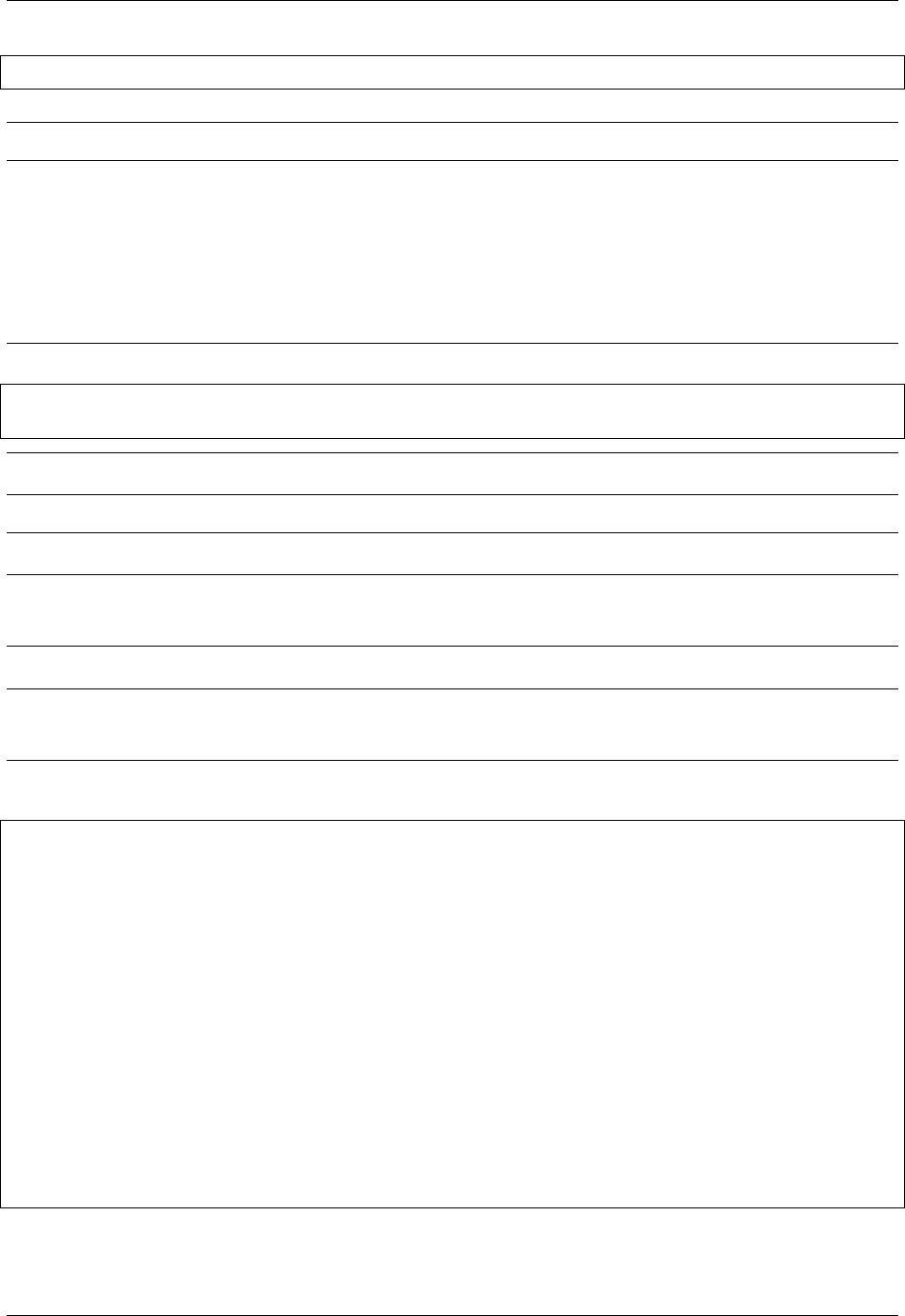
GeoServer User Manual, Release 2.15.1
201 Created
Note: The Location response header specifies the location (URI) of the newly created workspace.
Listing workspace details
Retrieve information about a specific workspace
Request
curl
curl -v-u admin:geoserver -XGET -H"Accept: text/xml"
http://localhost:8080/geoserver/rest/workspaces/acme
Note: The Accept header is optional.
python
TBD
java
TBD
Response
<workspace>
<name>acme</name>
<dataStores>
<atom:link xmlns:atom="http://www.w3.org/2005/Atom" rel="alternate"
href="http://localhost:8080/geoserver/rest/workspaces/acme/datastores.xml"
type="application/xml"/>
</dataStores>
<coverageStores>
<atom:link xmlns:atom="http://www.w3.org/2005/Atom" rel="alternate"
href="http://localhost:8080/geoserver/rest/workspaces/acme/coveragestores.xml"
type="application/xml"/>
</coverageStores>
<wmsStores>
<atom:link xmlns:atom="http://www.w3.org/2005/Atom" rel="alternate"
href="http://localhost:8080/geoserver/rest/workspaces/acme/wmsstores.xml"
type="application/xml"/>
</wmsStores>
</workspace>
This shows that the workspace can contain “dataStores” (for vector data), “coverageStores” (for raster
data), and “wmsStores” (for cascaded WMS servers).
12.2. Examples 1331
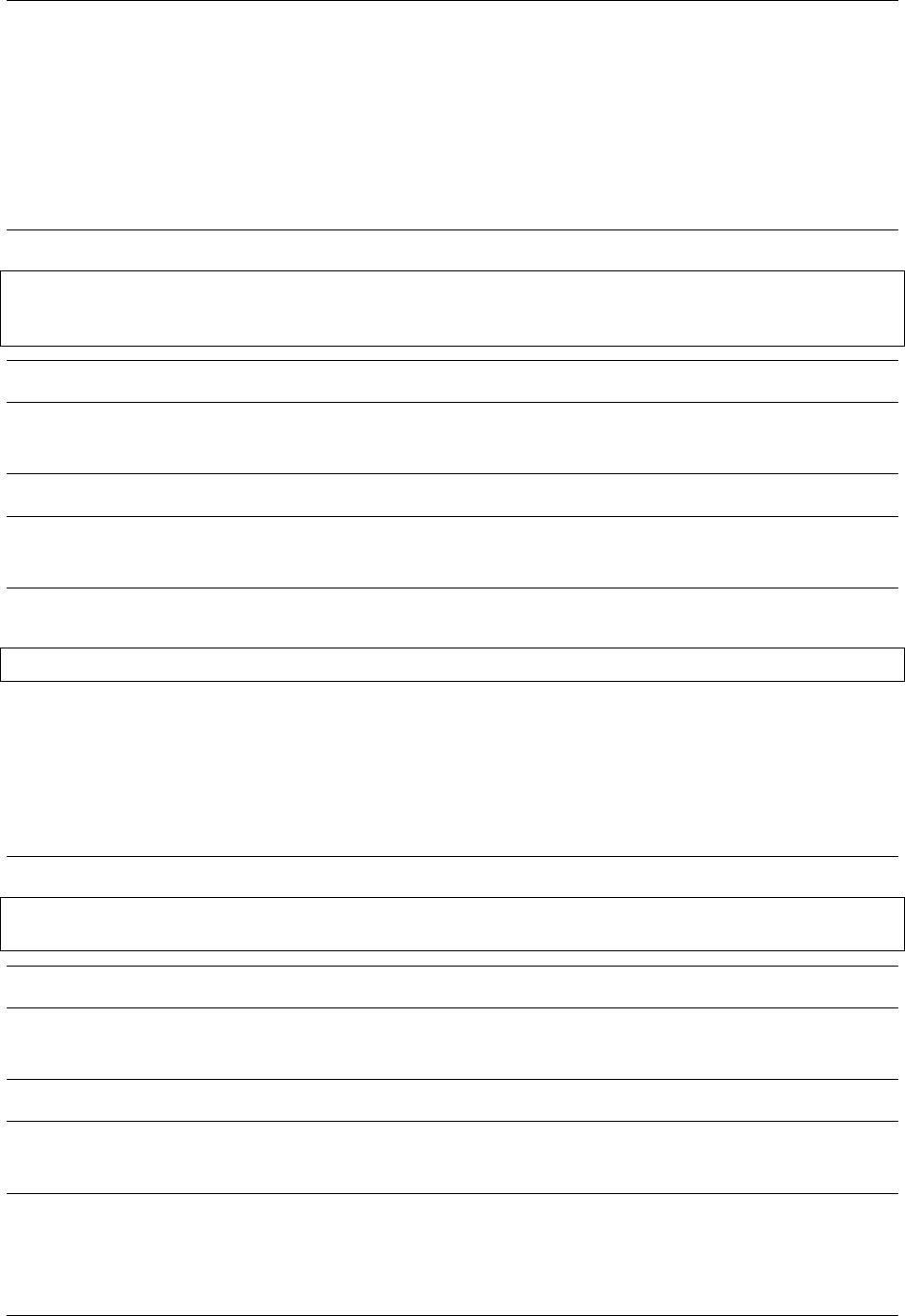
GeoServer User Manual, Release 2.15.1
12.2.8 Stores
Uploading a shapefile
Create a new store “roads” by uploading a shapefile “roads.zip”
Request
curl
curl -v-u admin:geoserver -XPUT -H"Content-type: application/zip"
--data-binary @roads.zip
http://localhost:8080/geoserver/rest/workspaces/acme/datastores/roads/file.shp
python
TBD
java
TBD
Response
201 Created
Listing store details
Retrieve information about a specific store*
Request
curl
curl -v-u admin:geoserver -XGET
http://localhost:8080/geoserver/rest/workspaces/acme/datastores/roads.xml
python
TBD
java
TBD
Response
1332 Chapter 12. REST
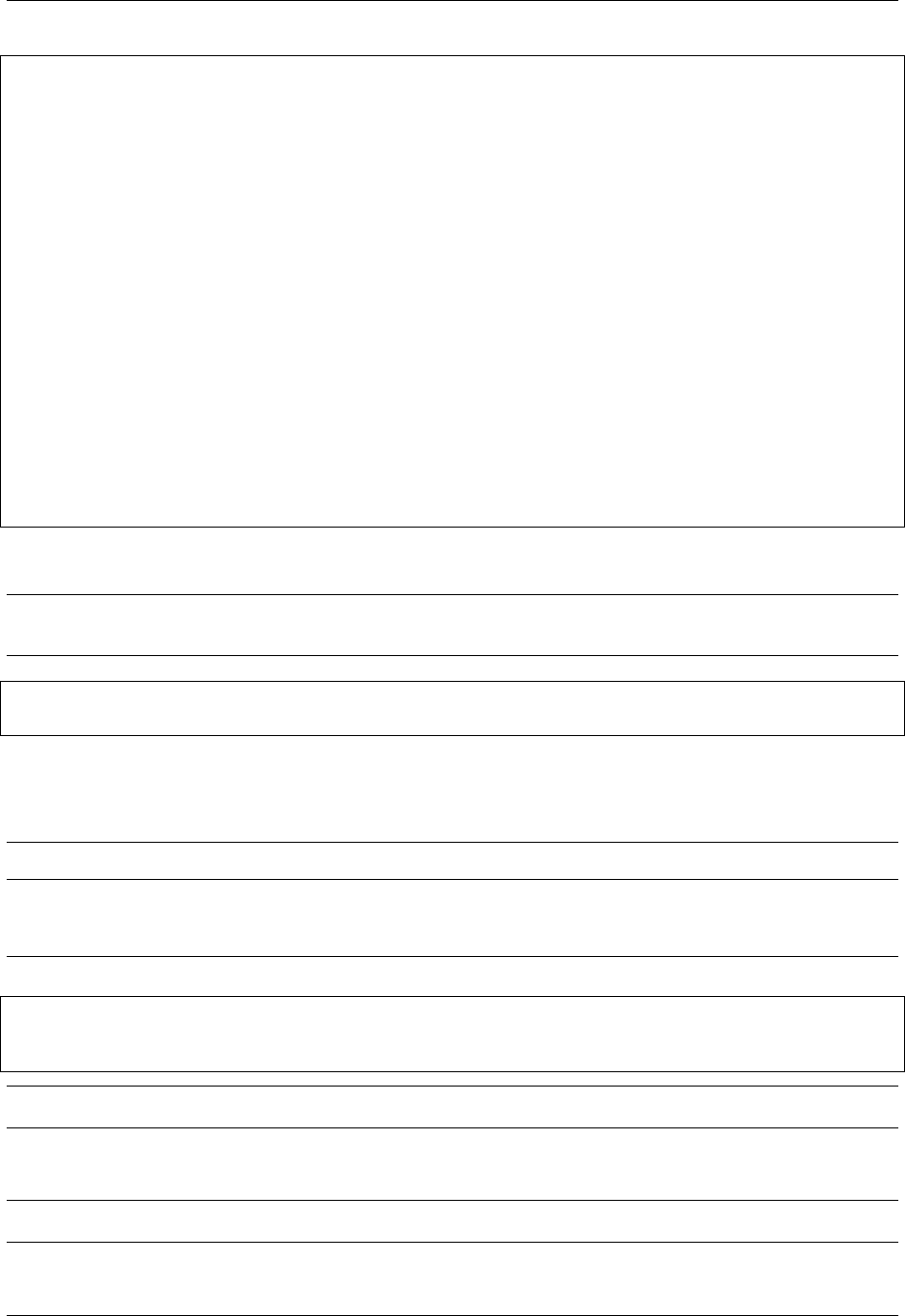
GeoServer User Manual, Release 2.15.1
<dataStore>
<name>roads</name>
<type>Shapefile</type>
<enabled>true</enabled>
<workspace>
<name>acme</name>
<atom:link xmlns:atom="http://www.w3.org/2005/Atom" rel="alternate"
href="http://localhost:8080/geoserver/rest/workspaces/acme.xml" type=
,→"application/xml"/>
</workspace>
<connectionParameters>
<entry key="url">file:/C:/path/to/data_dir/data/acme/roads/</entry>
<entry key="namespace">http://acme</entry>
</connectionParameters>
<__default>false</__default>
<featureTypes>
<atom:link xmlns:atom="http://www.w3.org/2005/Atom" rel="alternate"
href="http://localhost:8080/geoserver/rest/workspaces/acme/datastores/roads/
,→featuretypes.xml"
type="application/xml"/>
</featureTypes>
</dataStore>
Request
Note: The XML response only provides details about the store itself, so you can use HTML to see the
contents of the store.
curl -v -u admin:geoserver -XGET
http://localhost:8080/geoserver/rest/workspaces/acme/datastores/roads.html
Listing featuretype details
Note: By default when a shapefile is uploaded, a featuretype is automatically created.
Request
curl
curl -v-u admin:geoserver -XGET
http://localhost:8080/geoserver/rest/workspaces/acme/datastores/roads/featuretypes/
,→roads.xml
python
TBD
java
12.2. Examples 1333
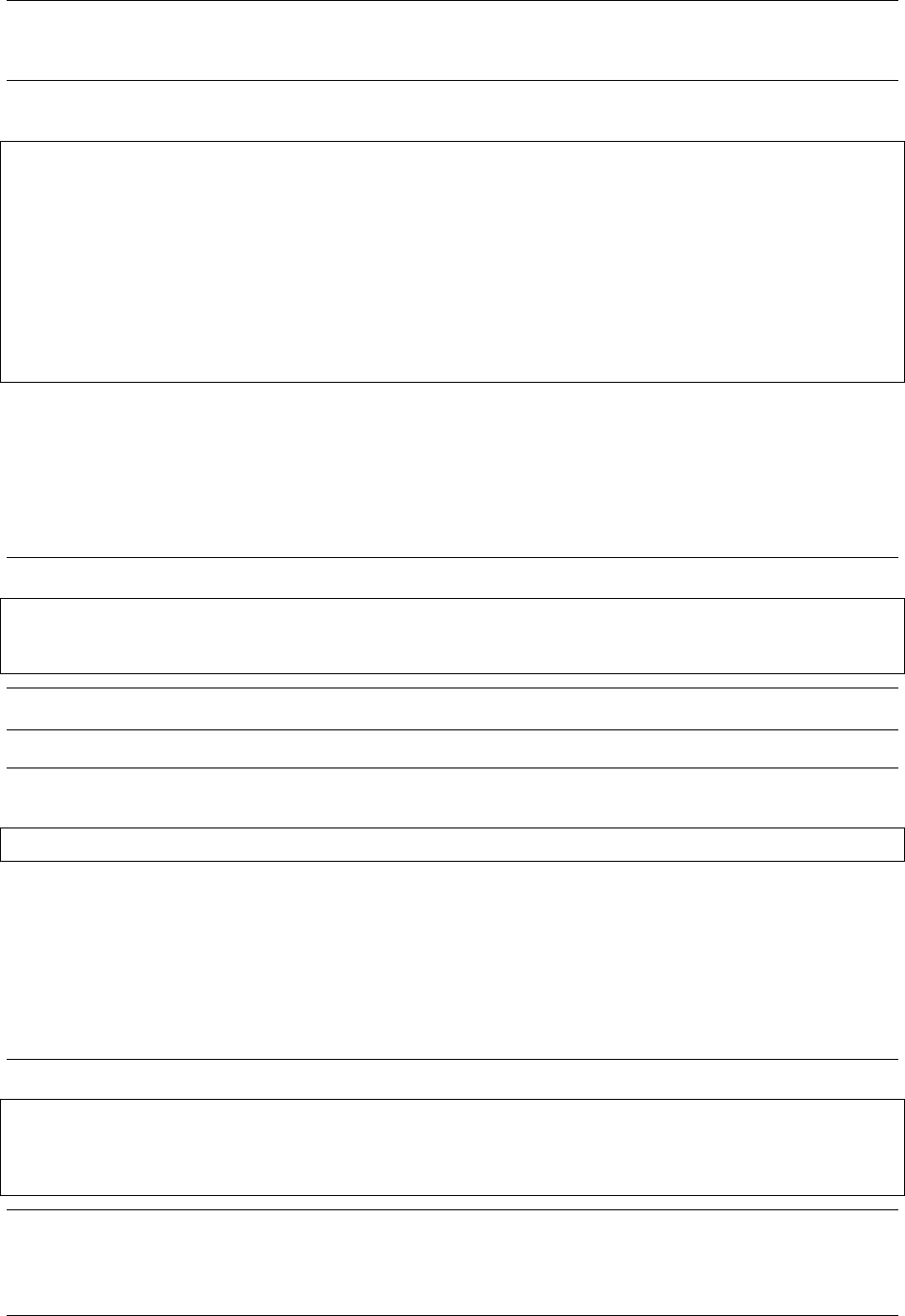
GeoServer User Manual, Release 2.15.1
TBD
Response
<featureType>
<name>roads</name>
<nativeName>roads</nativeName>
<namespace>
<name>acme</name>
<atom:link xmlns:atom="http://www.w3.org/2005/Atom" rel="alternate"
href="http://localhost:8080/geoserver/rest/namespaces/acme.xml" type=
,→"application/xml"/>
</namespace>
...
</featureType>
Adding an existing shapefile
Publish a shapefile “rivers.shp” that already exists on the server without needing to be uploaded
Request
curl
curl -v-u admin:geoserver -XPUT -H"Content-type: text/plain"
-d"file:///data/shapefiles/rivers/rivers.shp"
http://localhost:8080/geoserver/rest/workspaces/acme/datastores/rivers/external.shp
Note: The external.shp part of the request URI indicates that the file is coming from outside the catalog.
Response
201 Created
Adding a directory of existing shapefiles
Create a store containing a directory of shapefiles that already exists on the server without needing to be
uploaded
Request
curl
curl -v-u admin:geoserver -XPUT -H"Content-type: text/plain"
-d"file:///data/shapefiles/"
"http://localhost:8080/geoserver/rest/workspaces/acme/datastores/shapefiles/
,→external.shp?configure=all"
1334 Chapter 12. REST
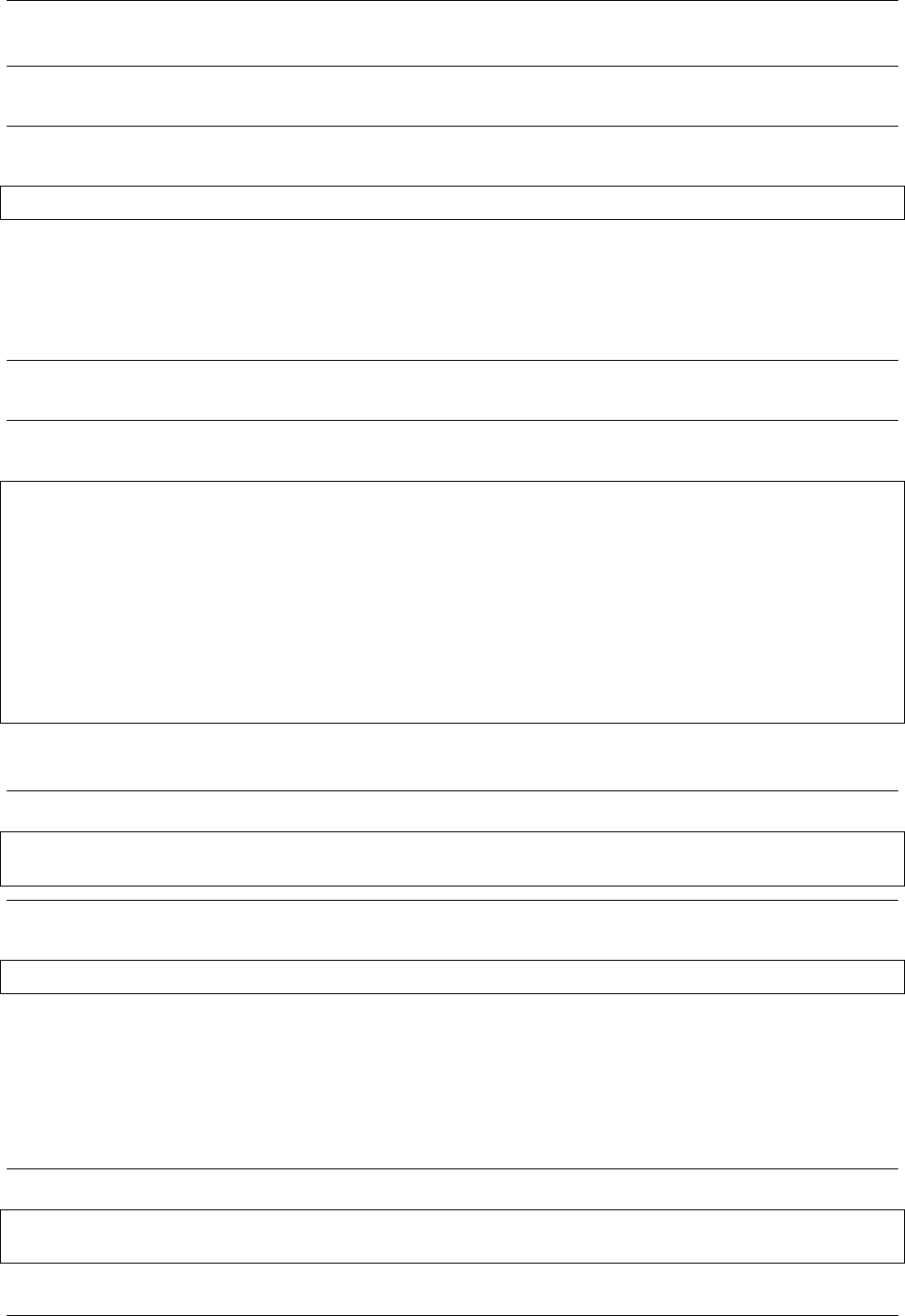
GeoServer User Manual, Release 2.15.1
Note: The configure=all query string parameter sets each shapefile in the directory to be loaded and
published.
Response
201 Created
Adding a PostGIS database store
Add an existing PostGIS database named “nyc” as a new store
Note: This example assumes that a PostGIS database named nyc is present on the local system and is
accessible by the user bob.
Given the following content saved as nycDataStore.xml:
<dataStore>
<name>nyc</name>
<connectionParameters>
<host>localhost</host>
<port>5432</port>
<database>nyc</database>
<user>bob</user>
<passwd>postgres</passwd>
<dbtype>postgis</dbtype>
</connectionParameters>
</dataStore>
Request
curl
curl -v-u admin:geoserver -XPOST -T nycDataStore.xml -H"Content-type: text/xml"
http://localhost:8080/geoserver/rest/workspaces/acme/datastores
Response
201 Created
Listing a PostGIS database store details
Retrieve information about a PostGIS store
Request
curl
curl -v-u admin:geoserver -XGET http://localhost:8080/geoserver/rest/workspaces/acme/
,→datastores/nyc.xml
12.2. Examples 1335
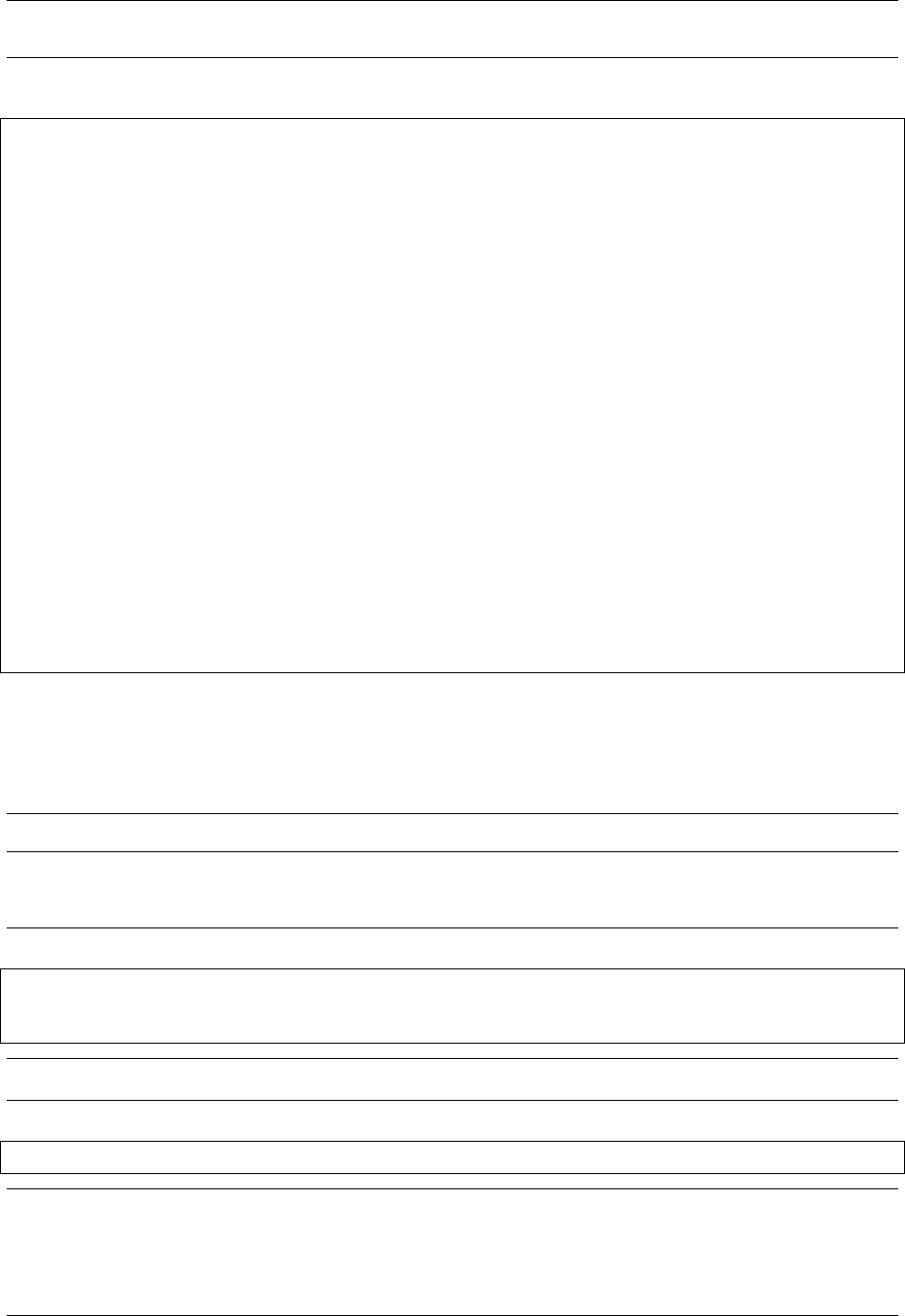
GeoServer User Manual, Release 2.15.1
Response
<dataStore>
<name>nyc</name>
<type>PostGIS</type>
<enabled>true</enabled>
<workspace>
<name>acme</name>
<atom:link xmlns:atom="http://www.w3.org/2005/Atom" rel="alternate"
href="http://localhost:8080/geoserver/rest/workspaces/acme.xml" type=
,→"application/xml"/>
</workspace>
<connectionParameters>
<entry key="port">5432</entry>
<entry key="dbtype">postgis</entry>
<entry key="host">localhost</entry>
<entry key="user">bob</entry>
<entry key="database">nyc</entry>
<entry key="namespace">http://acme</entry>
</connectionParameters>
<__default>false</__default>
<featureTypes>
<atom:link xmlns:atom="http://www.w3.org/2005/Atom" rel="alternate"
href="http://localhost:8080/geoserver/rest/workspaces/acme/datastores/nyc/
,→featuretypes.xml"
type="application/xml"/>
</featureTypes>
</dataStore>
Publishing a table from an existing PostGIS store
Publish a new featuretype from a PostGIS store table “buildings”
Note: This example assumes the table has already been created.
Request
curl
curl -v-u admin:geoserver -XPOST -H"Content-type: text/xml"
-d"<featureType><name>buildings</name></featureType>"
http://localhost:8080/geoserver/rest/workspaces/acme/datastores/nyc/featuretypes
Note: This layer can viewed with a WMS GetMap request:
http://localhost:8080/geoserver/wms/reflect?layers=acme:buildings
1336 Chapter 12. REST
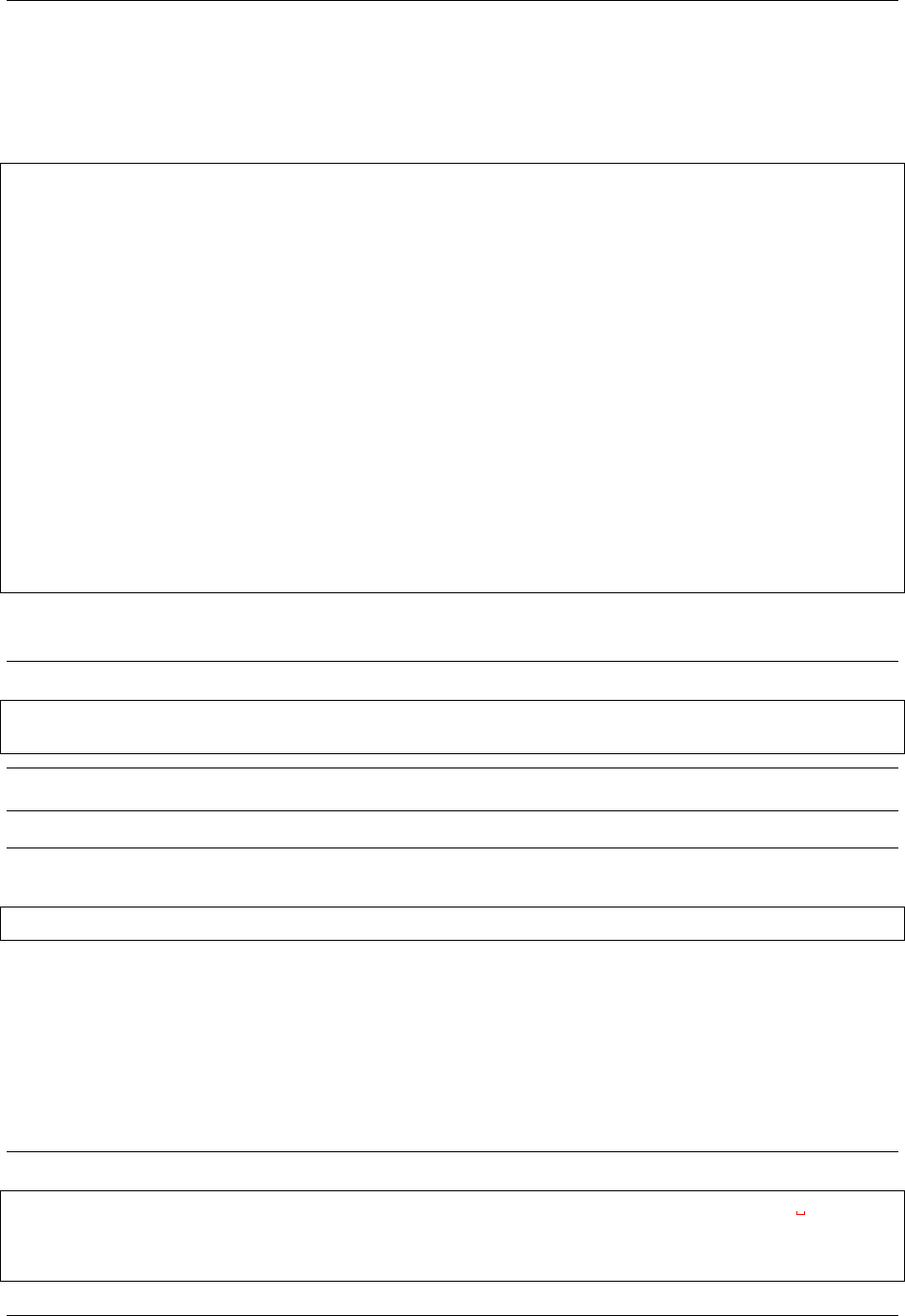
GeoServer User Manual, Release 2.15.1
Creating a PostGIS table
Create a new featuretype in GeoServer and simultaneously create a table in PostGIS
Given the following content saved as annotations.xml:
<featureType>
<name>annotations</name>
<nativeName>annotations</nativeName>
<title>Annotations</title>
<srs>EPSG:4326</srs>
<attributes>
<attribute>
<name>the_geom</name>
<binding>org.locationtech.jts.geom.Point</binding>
</attribute>
<attribute>
<name>description</name>
<binding>java.lang.String</binding>
</attribute>
<attribute>
<name>timestamp</name>
<binding>java.util.Date</binding>
</attribute>
</attributes>
</featureType>
Request
curl
curl -v-u admin:geoserver -XPOST -T annotations.xml -H"Content-type: text/xml"
http://localhost:8080/geoserver/rest/workspaces/acme/datastores/nyc/featuretypes
Note: The NYC store must be a PostGIS store for this to succeed.
Response
201 Created
A new and empty table named “annotations” in the “nyc” database will be created as well.
12.2.9 Uploading a new image mosaic
Upload a ZIP file containing a mosaic definition and granule(s)
Request
curl
curl -u admin:geoserver -XPUT -H"Content-type:application/zip" --data-binary
,→@polyphemus.zip
http://localhost:8080/geoserver/rest/workspaces/topp/coveragestores/polyphemus/
,→file.imagemosaic
12.2. Examples 1337
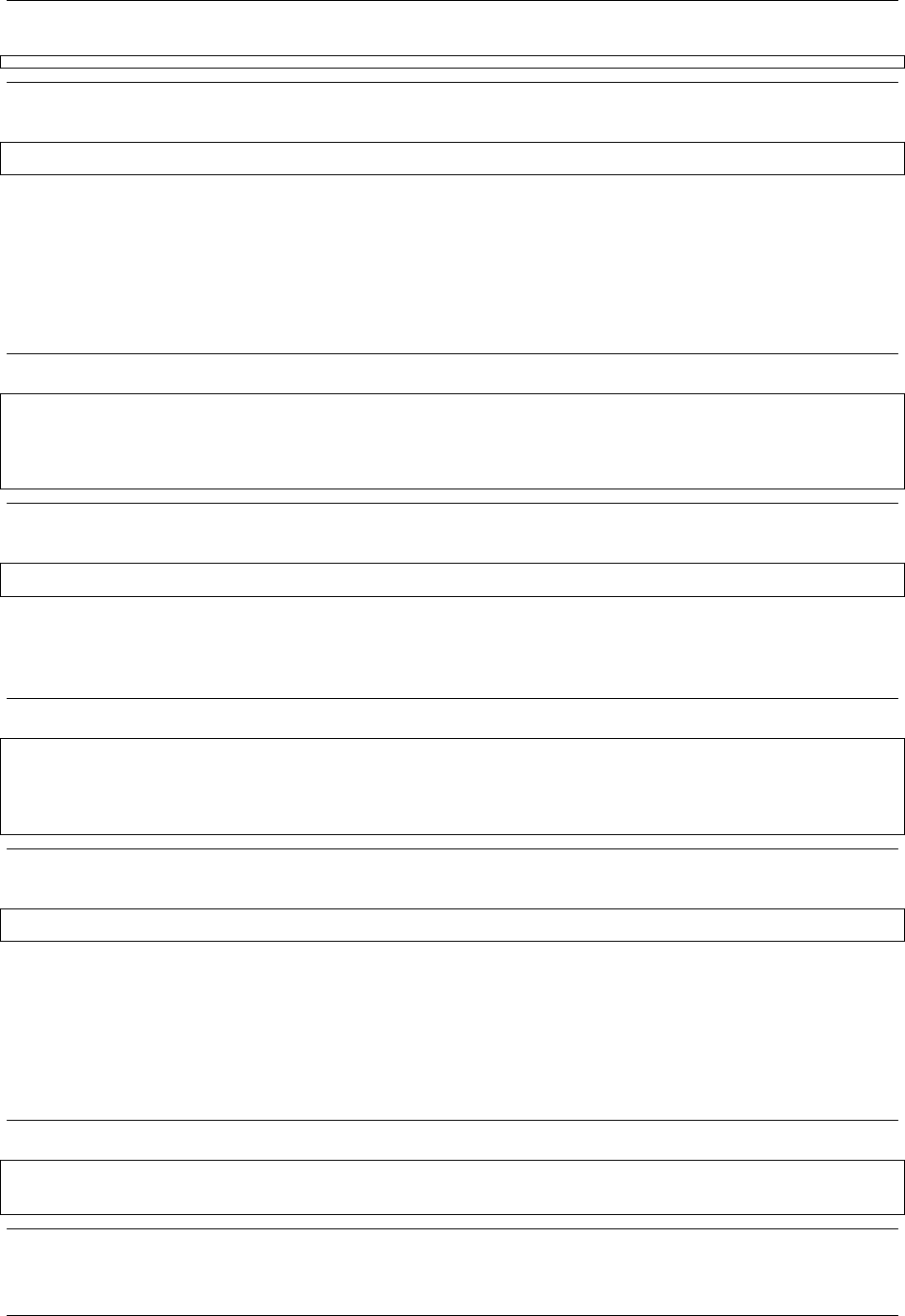
GeoServer User Manual, Release 2.15.1
Response
200 OK
12.2.10 Updating an image mosaic contents
Harvest (or reharvest) a single file into the mosaic and update the mosaic index
Request
curl
curl -v-u admin:geoserver -XPOST -H"Content-type: text/plain" -d"file:///path/to/
,→the/file/polyphemus_20130302.nc"
"http://localhost:8080/geoserver/rest/workspaces/topp/coveragestores/poly-
,→incremental/external.imagemosaic"
Response
201 Created
Harvest (or reharvest) a whole directory into the mosaic and update the mosaic index
Request
curl
curl -v-u admin:geoserver -XPOST -H"Content-type: text/plain" -d"file:///path/to/
,→the/mosaic/folder"
"http://localhost:8080/geoserver/rest/workspaces/topp/coveragestores/poly-
,→incremental/external.imagemosaic"
Response
201 Created
12.2.11 Listing image mosaic details
Retrieve the image mosaic index structure
Request
curl
curl -v-u admin:geoserver -XGET "http://localhost:8080/geoserver/rest/workspaces/
,→topp/coveragestores/polyphemus-v1/coverages/NO2/index.xml"
Response
1338 Chapter 12. REST

GeoServer User Manual, Release 2.15.1
<Schema>
<attributes>
<Attribute>
<name>the_geom</name>
<minOccurs>0</minOccurs>
<maxOccurs>1</maxOccurs>
<nillable>true</nillable>
<binding>org.locationtech.jts.geom.Polygon</binding>
</Attribute>
<Attribute>
<name>location</name>
<minOccurs>0</minOccurs>
<maxOccurs>1</maxOccurs>
<nillable>true</nillable>
<binding>java.lang.String</binding>
</Attribute>
<Attribute>
<name>imageindex</name>
<minOccurs>0</minOccurs>
<maxOccurs>1</maxOccurs>
<nillable>true</nillable>
<binding>java.lang.Integer</binding>
</Attribute>
<Attribute>
<name>time</name>
<minOccurs>0</minOccurs>
<maxOccurs>1</maxOccurs>
<nillable>true</nillable>
<binding>java.sql.Timestamp</binding>
</Attribute>
<Attribute>
<name>elevation</name>
<minOccurs>0</minOccurs>
<maxOccurs>1</maxOccurs>
<nillable>true</nillable>
<binding>java.lang.Double</binding>
</Attribute>
<Attribute>
<name>fileDate</name>
<minOccurs>0</minOccurs>
<maxOccurs>1</maxOccurs>
<nillable>true</nillable>
<binding>java.sql.Timestamp</binding>
</Attribute>
<Attribute>
<name>updated</name>
<minOccurs>0</minOccurs>
<maxOccurs>1</maxOccurs>
<nillable>true</nillable>
<binding>java.sql.Timestamp</binding>
</Attribute>
</attributes>
<atom:link xmlns:atom="http://www.w3.org/2005/Atom" rel="alternate" href="http://
,→localhost:8080/geoserver/rest/workspaces/topp/coveragestores/polyphemus-v1/
,→coverages/NO2/index/granules.xml" type="application/xml"/>
</Schema>
Retrieve the existing granule information
12.2. Examples 1339

GeoServer User Manual, Release 2.15.1
Request
curl
curl -v-u admin:geoserver -XGET "http://localhost:8080/geoserver/rest/workspaces/
,→topp/coveragestores/polyphemus-v1/coverages/NO2/index/granules.xml?limit=2"
Response
<?xml version="1.0" encoding="UTF-8"?>
<wfs:FeatureCollection xmlns:gf="http://www.geoserver.org/rest/granules" xmlns:ogc=
,→"http://www.opengis.net/ogc" xmlns:wfs="http://www.opengis.net/wfs" xmlns:gml=
,→"http://www.opengis.net/gml">
<gml:boundedBy>
<gml:Box srsName="http://www.opengis.net/gml/srs/epsg.xml#4326">
<gml:coord>
<gml:X>5.0</gml:X>
<gml:Y>45.0</gml:Y>
</gml:coord>
<gml:coord>
<gml:X>14.875</gml:X>
<gml:Y>50.9375</gml:Y>
</gml:coord>
</gml:Box>
</gml:boundedBy>
<gml:featureMember>
<gf:NO2 fid="NO2.1">
<gf:the_geom>
<gml:Polygon>
<gml:outerBoundaryIs>
<gml:LinearRing>
<gml:coordinates>5.0,45.0 5.0,50.9375 14.875,50.9375 14.875,45.0 5.0,45.
,→0</gml:coordinates>
</gml:LinearRing>
</gml:outerBoundaryIs>
</gml:Polygon>
</gf:the_geom>
<gf:location>polyphemus_20130301.nc</gf:location>
<gf:imageindex>336</gf:imageindex>
<gf:time>2013-03-01T00:00:00Z</gf:time>
<gf:elevation>10.0</gf:elevation>
<gf:fileDate>2013-03-01T00:00:00Z</gf:fileDate>
<gf:updated>2013-04-11T10:54:31Z</gf:updated>
</gf:NO2>
</gml:featureMember>
<gml:featureMember>
<gf:NO2 fid="NO2.2">
<gf:the_geom>
<gml:Polygon>
<gml:outerBoundaryIs>
<gml:LinearRing>
<gml:coordinates>5.0,45.0 5.0,50.9375 14.875,50.9375 14.875,45.0 5.0,45.
,→0</gml:coordinates>
</gml:LinearRing>
</gml:outerBoundaryIs>
</gml:Polygon>
</gf:the_geom>
1340 Chapter 12. REST
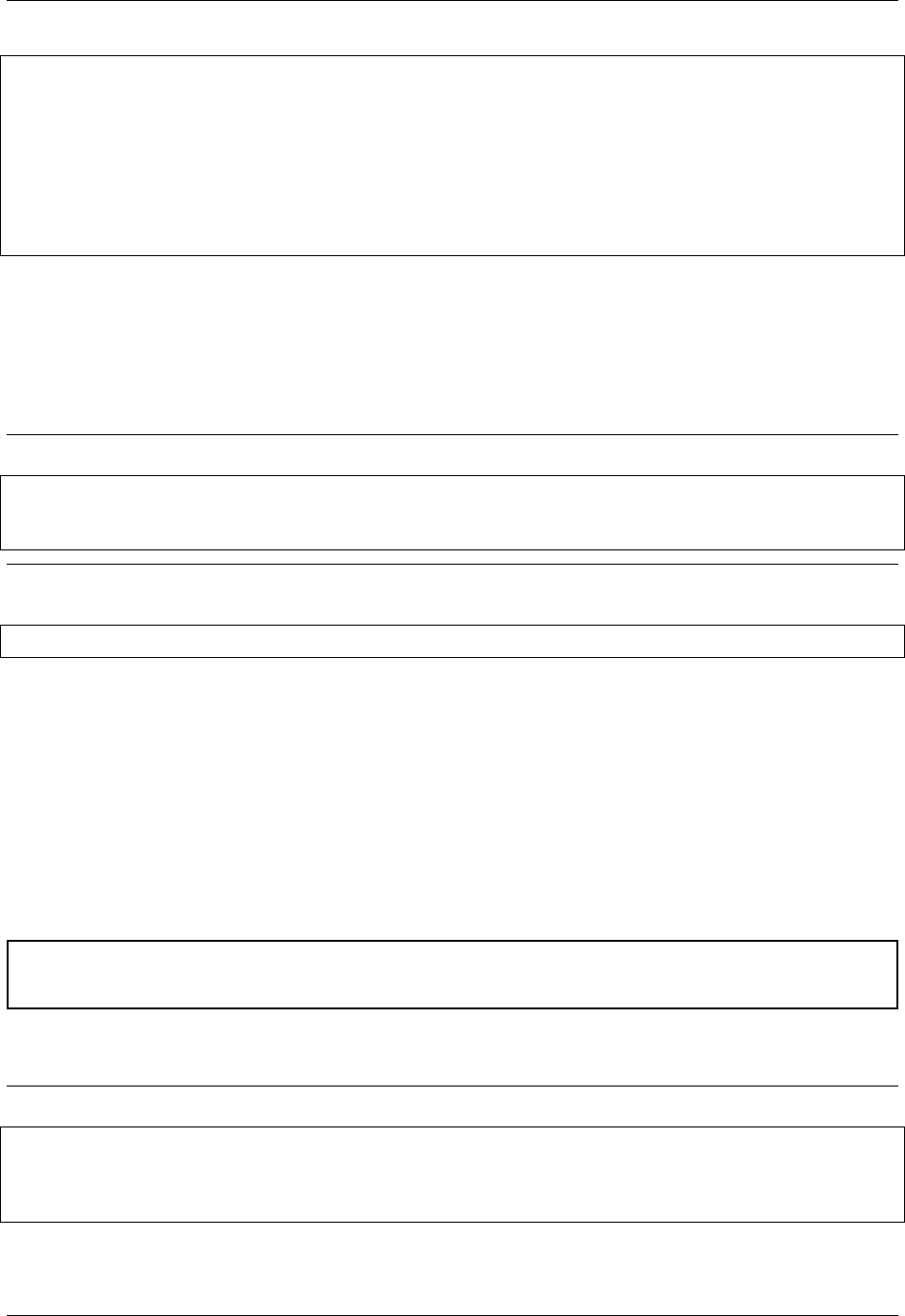
GeoServer User Manual, Release 2.15.1
<gf:location>polyphemus_20130301.nc</gf:location>
<gf:imageindex>337</gf:imageindex>
<gf:time>2013-03-01T00:00:00Z</gf:time>
<gf:elevation>35.0</gf:elevation>
<gf:fileDate>2013-03-01T00:00:00Z</gf:fileDate>
<gf:updated>2013-04-11T10:54:31Z</gf:updated>
</gf:NO2>
</gml:featureMember>
</wfs:FeatureCollection>
12.2.12 Removing image mosaic granules
Remove all the granules originating from a particular file
Request
curl
curl -v-u admin:geoserver -XDELETE "http://localhost:8080/geoserver/rest/workspaces/
,→topp/coveragestores/polyphemus-v1/coverages/NO2/index/granules.xml?filter=location=
,→'polyphemus_20130301.nc'"
Response
200 OK
12.2.13 Uploading an empty mosaic
Upload an archive with the definition of an mosaic, but with no granules
Given a empty.zip file containing:
•datastore.properties (PostGIS connection parameters)
•indexer.xml (Mosaic indexer; note the CanBeEmpty=true parameter)
•polyphemus-test.xml (Auxiliary file used by the NetCDF reader to parse schemas and tables)
Warning: Make sure to update the datastore.properties file with your connection parameters
and refresh the ZIP before uploading it.
Request
curl
curl -u admin:geoserver -XPUT -H "Content-type:application/zip" --data-binary @empty.
,→zip
http://localhost:8080/geoserver/rest/workspaces/topp/coveragestores/empty/file.
,→imagemosaic?configure=none
12.2. Examples 1341
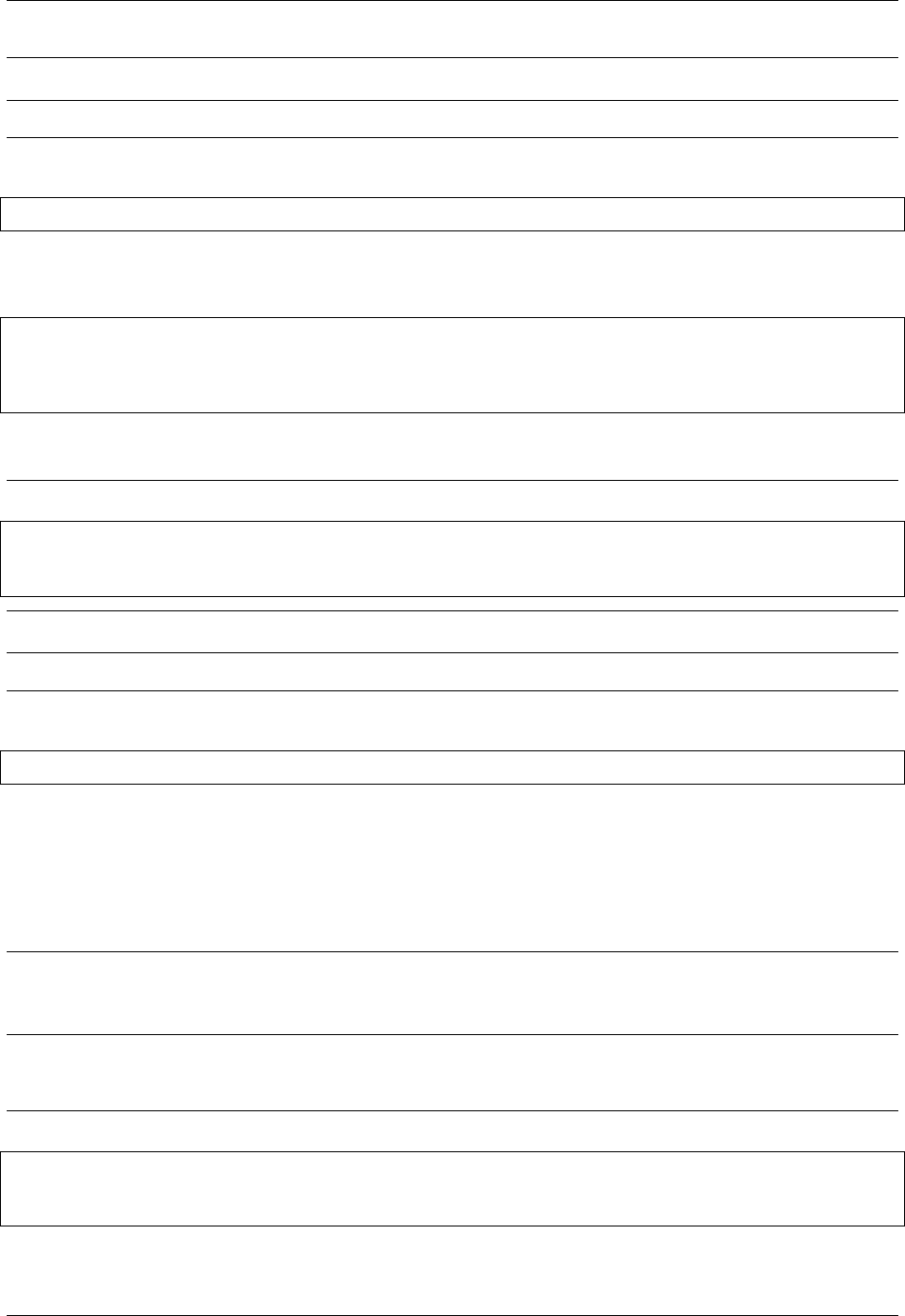
GeoServer User Manual, Release 2.15.1
Note: The configure=none parameter allows for future configuration after harvesting.
Response
200 OK
Configure a coverage on the mosaic
Given a coverageconfig.xml:
<coverage>
<nativeCoverageName>NO2</nativeCoverageName>
<name>NO2</name>
</coverage>
Request
curl
curl -v-u admin:geoserver -XPOST -H"Content-type: text/xml" -d@"/path/to/
,→coverageconfig.xml" "http://localhost:8080/geoserver/rest/workspaces/topp/
,→coveragestores/empty/coverages"
Note: When specifying only the coverage name, the coverage will be automatically configured.
Response
201 Created
12.2.14 Uploading an app-schema mapping file
Create a new app-schema store and update the feature type mappings of an existing app-schema store
by uploading a mapping configuration file
Note: The following request uploads an app-schema mapping file called LandCoverVector.xml to a
data store called LandCoverVector. If no LandCoverVector data store existed in workspace lcv prior
to the request, it would be created.
Request
curl
curl -v -X PUT -d @LandCoverVector.xml -H "Content-Type: text/xml"
-u admin:geoserver http://localhost:8080/geoserver/rest/workspaces/lcv/datastores/
,→LandCoverVector/file.appschema?configure=all
1342 Chapter 12. REST
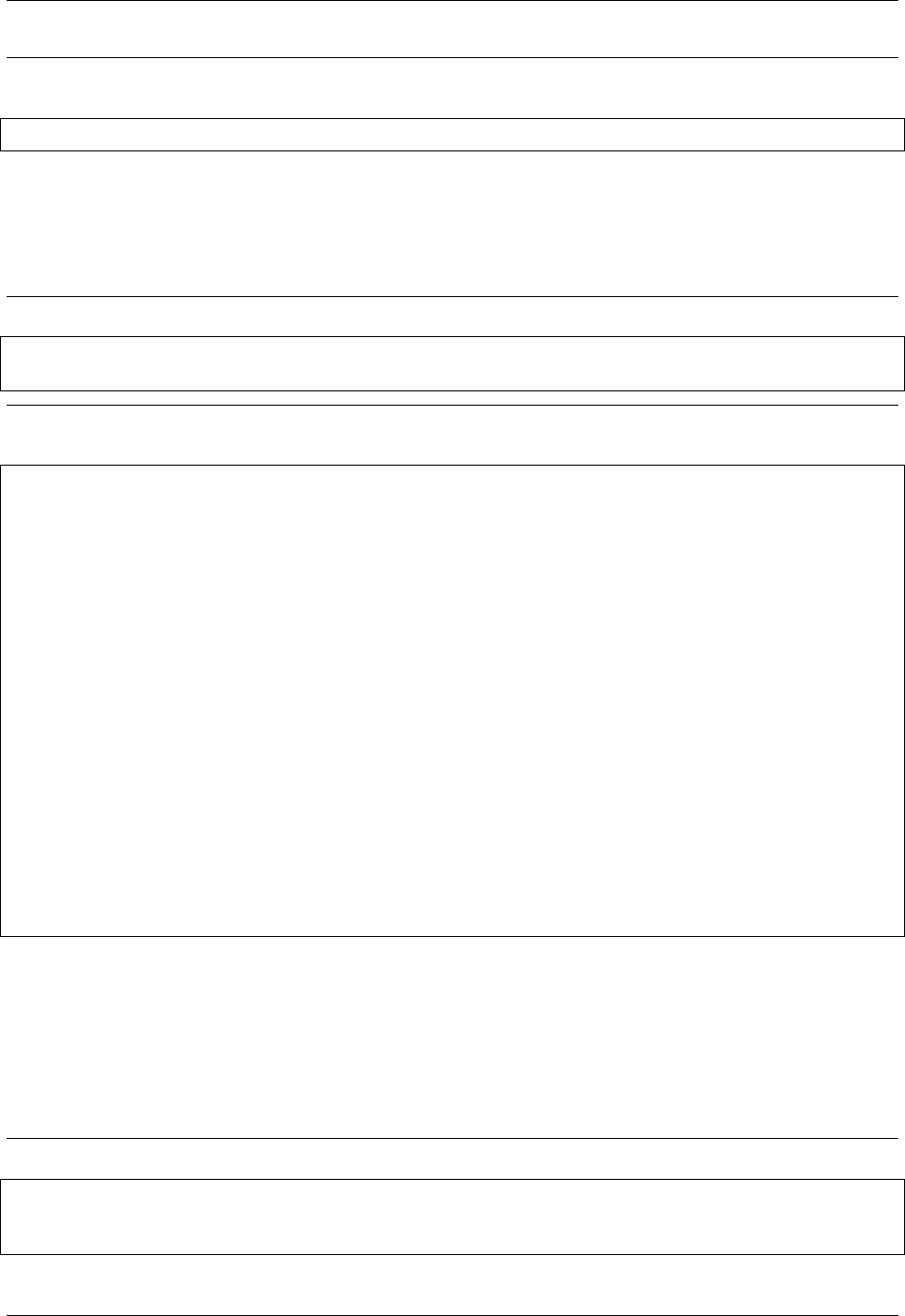
GeoServer User Manual, Release 2.15.1
Response
201 Created
12.2.15 Listing app-schema store details
Request
curl
curl -v-u admin:geoserver -X GET
http://localhost:8080/geoserver/rest/workspaces/lcv/datastores/LandCoverVector.xml
Response
<dataStore>
<name>LandCoverVector</name>
<type>Application Schema DataAccess</type>
<enabled>true</enabled>
<workspace>
<name>lcv</name>
<atom:link xmlns:atom="http://www.w3.org/2005/Atom" rel="alternate" href="http://
,→localhost:8080/geoserver/rest/workspaces/lcv.xml" type="application/xml"/>
</workspace>
<connectionParameters>
<entry key="dbtype">app-schema</entry>
<entry key="namespace">http://inspire.ec.europa.eu/schemas/lcv/3.0</entry>
<entry key="url">file:/path/to/data_dir/data/lcv/LandCoverVector/LandCoverVector.
,→appschema</entry>
</connectionParameters>
<__default>false</__default>
<featureTypes>
<atom:link xmlns:atom="http://www.w3.org/2005/Atom" rel="alternate" href="http://
,→localhost:8080/geoserver/rest/workspaces/lcv/datastores/LandCoverVector/
,→featuretypes.xml" type="application/xml"/>
</featureTypes>
</dataStore>
12.2.16 Uploading a new app-schema mapping configuration file
Upload a new mapping configuration, stored in the mapping file “‘LandCoverVector_alternative.xml”,
to the “LandCoverVector” data store
Request
curl
curl -v -X PUT -d @LandCoverVector_alternative.xml -H "Content-Type: text/xml"
-u admin:geoserver http://localhost:8080/geoserver/rest/workspaces/lcv/datastores/
,→LandCoverVector/file.appschema?configure=none
12.2. Examples 1343
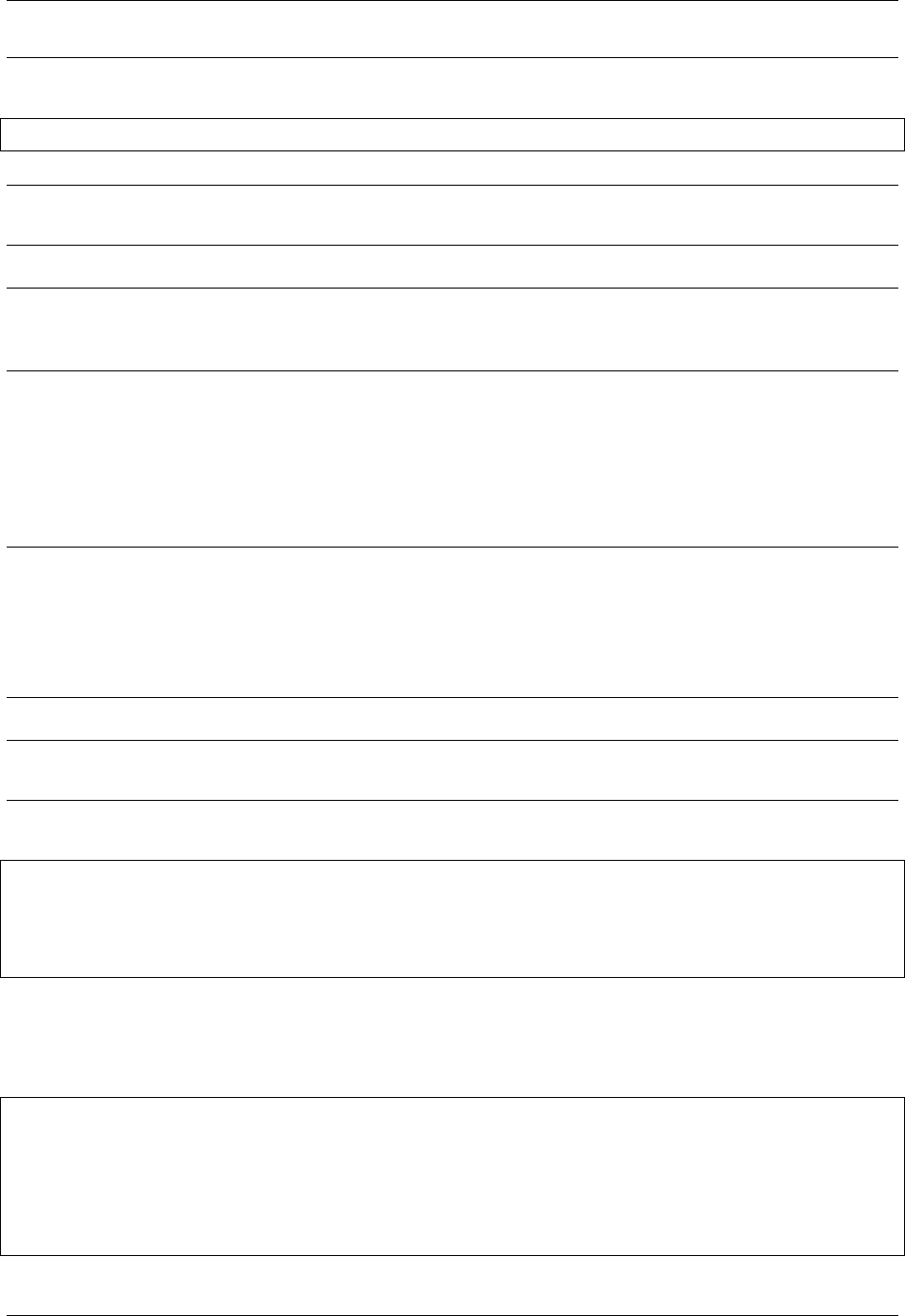
GeoServer User Manual, Release 2.15.1
Response
200 OK
Note: This time the configure parameter is set to none, because we don’t want to configure again the
feature types, just replace their mapping configuration.
Note: If the set of feature types mapped in the new configuration file differs from the set of feature types
mapped in the old one (either some are missing, or some are new, or both), the best way to proceed is to
delete the data store and create it anew issuing another PUT request, as shown above.
12.2.17 Uploading multiple app-schema mapping files
Create a new app-schema data store based on a complex mapping configuration split into multiple files,
and show how to upload application schemas (i.e. XSD files) along with the mapping configuration.
Note: In the previous example, we have seen how to create a new app-schema data store by uploading
a mapping configuration stored in a single file; this time, things are more complicated, since the map-
pings have been spread over two configuration files: the main configuration file is called geosciml.
appschema and contains the mappings for three feature types: GeologicUnit,MappedFeature and
GeologicEvent; the second file is called cgi_termvalue.xml and contains the mappings for a single
non-feature type, CGI_TermValue.
Note: As explained in the REST API reference documentation for data stores, when the mapping configuration
is spread over multiple files, the extension of the main configuration file must be .appschema.
The main configuration file includes the second file:
...
<includedTypes>
<Include>cgi_termvalue.xml</Include>
</includedTypes>
...
We also want to upload to GeoServer the schemas required to define the mapping, instead of having
GeoServer retrieve them from the internet (which is especially useful in case our server doesn’t have access
to the web). The main schema is called geosciml.xsd and is referred to in geosciml.appschema as
such:
...
<targetTypes>
<FeatureType>
<schemaUri>geosciml.xsd</schemaUri>
</FeatureType>
</targetTypes>
...
1344 Chapter 12. REST
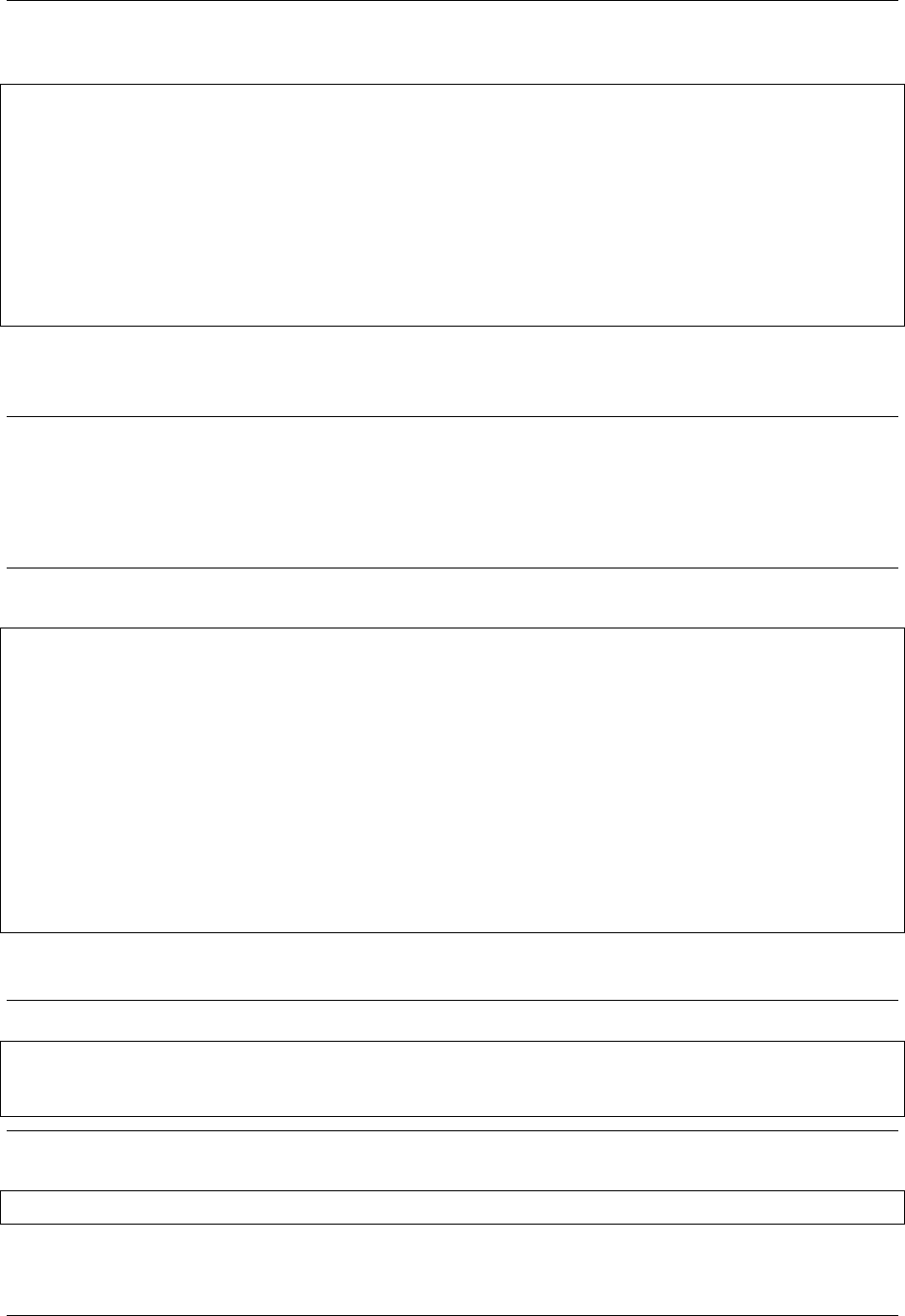
GeoServer User Manual, Release 2.15.1
In this case, the main schema depends on several other schemas:
<include schemaLocation="geologicUnit.xsd"/>
<include schemaLocation="borehole.xsd"/>
<include schemaLocation="vocabulary.xsd"/>
<include schemaLocation="geologicRelation.xsd"/>
<include schemaLocation="fossil.xsd"/>
<include schemaLocation="value.xsd"/>
<include schemaLocation="geologicFeature.xsd"/>
<include schemaLocation="geologicAge.xsd"/>
<include schemaLocation="earthMaterial.xsd"/>
<include schemaLocation="collection.xsd"/>
<include schemaLocation="geologicStructure.xsd"/>
They don’t need to be listed in the targetTypes section of the mapping configuration, but they must be
included in the ZIP archive that will be uploaded.
Note: The GeoSciML schemas listed above, as pretty much any application schema out there, reference
the base GML schemas (notably, http://schemas.opengis.net/gml/3.1.1/base/gml.xsd) and
a few other remotely hosted schemas (e.g. http://www.geosciml.org/cgiutilities/1.0/xsd/
cgiUtilities.xsd). For the example to work in a completely offline environment, one would have to
either replace all remote references with local ones, or pre-populate the app-schema cache with a copy of
the remote schemas. GeoServer’s user manual contains more information on the app-schema cache.
To summarize, we’ll upload to GeoServer a ZIP archive with the following contents:
geosciml.appschema # main mapping file
cgi_termvalue.xml # secondary mapping file
geosciml.xsd # main schema
borehole.xsd
collection.xsd
earthMaterial.xsd
fossil.xsd
geologicAge.xsd
geologicFeature.xsd
geologicRelation.xsd
geologicStructure.xsd
geologicUnit.xsd
value.xsd
vocabulary.xsd
Request
curl
curl -X PUT --data-binary @geosciml.zip -H "Content-Type: application/zip"
-u admin:geoserver http://localhost:8080/geoserver/rest/workspaces/gsml/datastores/
,→geosciml/file.appschema?configure=all
Response
200 OK
A new geosciml data store will be created with three feature types in it:
12.2. Examples 1345

GeoServer User Manual, Release 2.15.1
<featureTypes>
<featureType>
<name>MappedFeature</name>
<atom:link xmlns:atom="http://www.w3.org/2005/Atom" rel="alternate" href="http://
,→localhost:8080/geoserver/rest/workspaces/gsml/datastores/geosciml/featuretypes/
,→MappedFeature.xml" type="application/xml"/>
</featureType>
<featureType>
<name>GeologicEvent</name>
<atom:link xmlns:atom="http://www.w3.org/2005/Atom" rel="alternate" href="http://
,→localhost:8080/geoserver/rest/workspaces/gsml/datastores/geosciml/featuretypes/
,→GeologicEvent.xml" type="application/xml"/>
</featureType>
<featureType>
<name>GeologicUnit</name>
<atom:link xmlns:atom="http://www.w3.org/2005/Atom" rel="alternate" href="http://
,→localhost:8080/geoserver/rest/workspaces/gsml/datastores/geosciml/featuretypes/
,→GeologicUnit.xml" type="application/xml"/>
</featureType>
</featureTypes>
12.2.18 REST configuration API reference
This section describes the GeoServer REST configuration API.
API details
This page contains information on the REST API architecture.
Authentication
REST requires that the client be authenticated. By default, the method of authentication used is Basic
authentication. See the Security section for how to change the authentication method.
Status codes
An HTTP request uses a status code to relay the outcome of the request to the client. Different status codes
are used for various purposes throughout this document. These codes are described in detail by the HTTP
specification.
The most common status codes are listed below, along with their descriptions:
1346 Chapter 12. REST
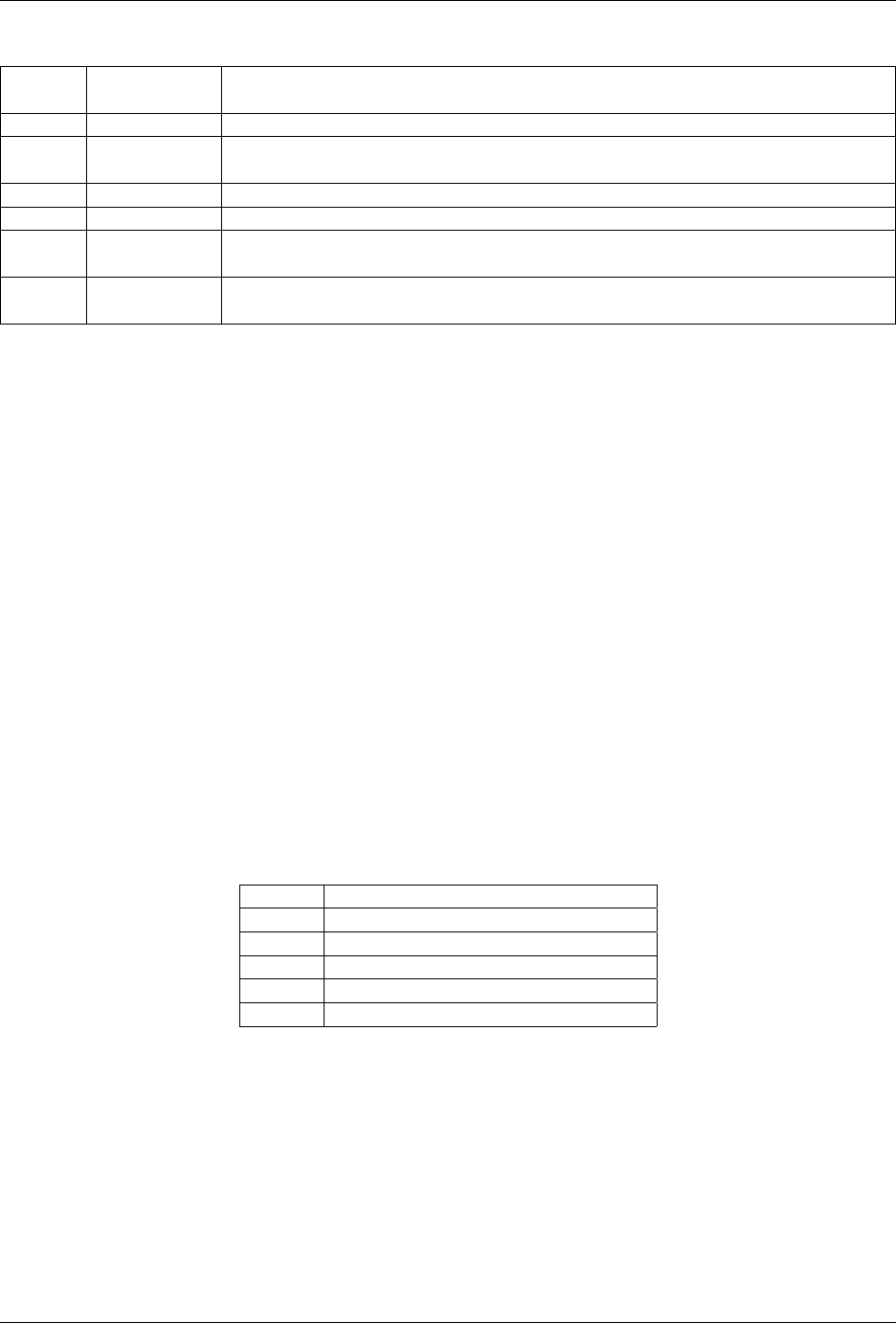
GeoServer User Manual, Release 2.15.1
Status
code
Description Notes
200 OK The request was successful
201 Created A new resource was successfully created, such as a new feature type or data
store
403 Forbidden Often denotes a permissions mismatch
404 Not Found Endpoint or resource was not at the indicated location
405 Method Not
Allowed
Often denotes an endpoint accessed with an incorrect operation (for example,
a GET request where a PUT/POST is indicated)
500 Internal
Server Error
Often denotes a syntax error in the request
Formats and representations
Aformat specifies how a particular resource should be represented. A format is used:
• In an operation to specify what representation should be returned to the client
• In a POST or PUT operation to specify the representation being sent to the server
In a GET operation the format can be specified in two ways.
There are two ways to specify the format for a GET operation. The first option uses the Accept header.
For example, with the header set to "Accept: text/xml" the resource would be returned as XML. The
second option of setting the format is via a file extension. For example, given a resource foo, to request
a representation of foo as XML, the request URI would end with /foo.xml. To request a representation
as JSON, the request URI would end with /foo.json. When no format is specified the server will use its
own internal format, usually HTML. When the response format is specified both by the header and by the
extension, the format specified by the extension takes precedence.
In a POST or PUT operation, the format of content being sent to the server is specified with the
Content-type header. For example, to send a representation in XML, use "Content-type: text/
xml" or "Content-type: application/xml". As with GET requests, the representation of the con-
tent returned from the server is specified by the Accept header or by the format.
The following table defines the Content-type values for each format:
Format Content-type
XML application/xml
JSON application/json
HTML application/html
SLD application/vnd.ogc.sld+xml
ZIP application/zip
Global settings
Allows access to GeoServer’s global settings.
/settings[.<format>]
Controls all global settings.
12.2. Examples 1347

GeoServer User Manual, Release 2.15.1
Method Action Status code Formats Default Format
GET List all global settings 200 HTML, XML, JSON HTML
POST 405
PUT Update global settings 200 XML, JSON
DELETE 405
/settings/contact[.<format>]
Controls global contact information only.
Method Action Status code Formats Default Format
GET List global contact information 200 HTML, XML, JSON HTML
POST 405
PUT Update global contact 200 XML, JSON
DELETE 405
Workspaces
Aworkspace is a grouping of data stores. Similar to a namespace, it is used to group data that is related
in some way.
/workspaces[.<format>]
Controls all workspaces.
Method Action Status code Formats Default For-
mat
GET List all workspaces 200 HTML, XML,
JSON
HTML
POST Create a new
workspace
201 with Location
header
XML, JSON
PUT 405
DELETE 405
/workspaces/<ws>[.<format>]
Controls a specific workspace.
Method Action Status code Formats Default For-
mat
Parameters
GET Return workspace
ws
200 HTML, XML,
JSON
HTML quietOnNot-
Found
POST 405
PUT 200 Modify workspace
ws
XML, JSON
DELETE 200 Delete workspace
ws
XML, JSON recurse
1348 Chapter 12. REST
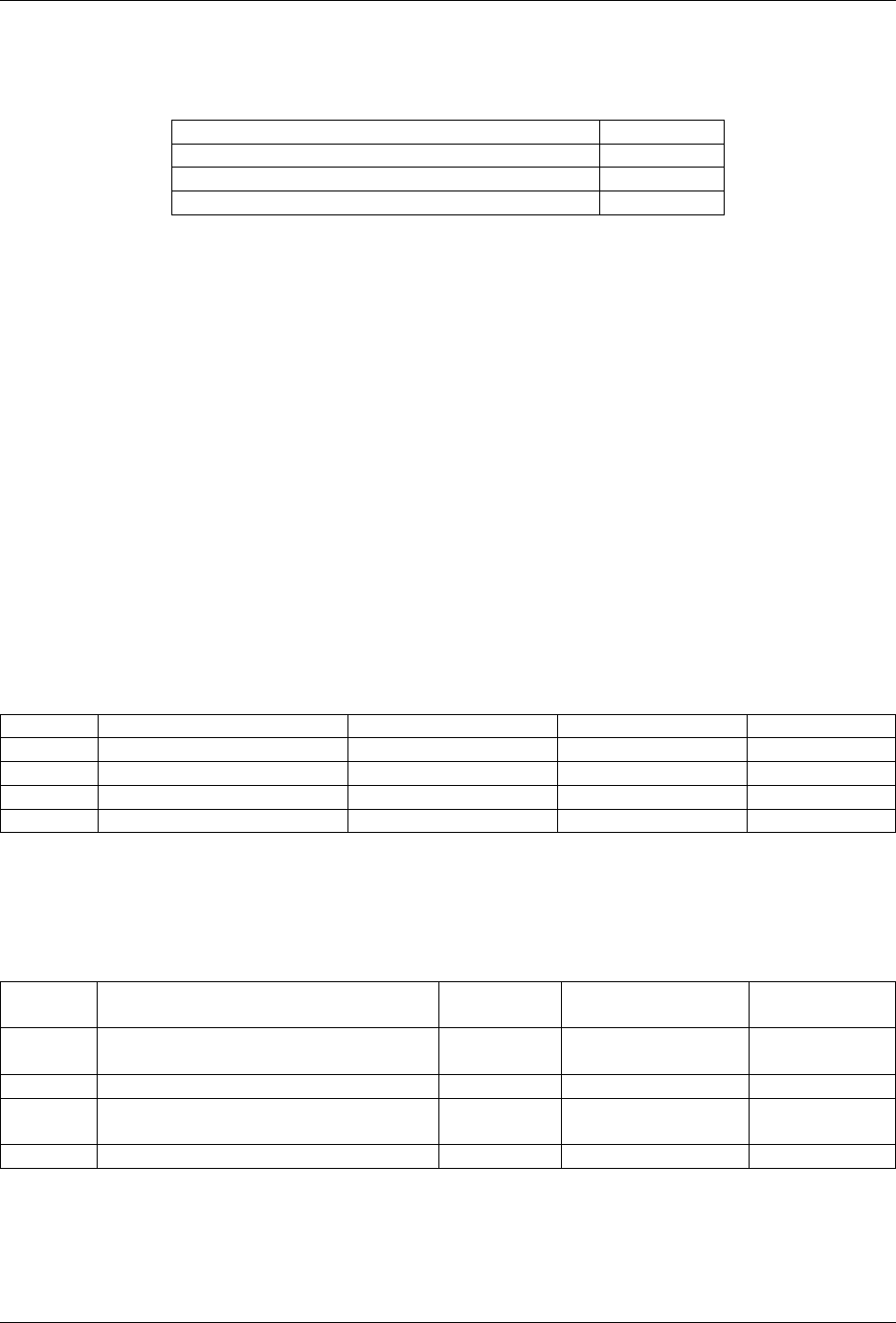
GeoServer User Manual, Release 2.15.1
Exceptions
Exception Status code
GET for a workspace that does not exist 404
PUT that changes name of workspace 403
DELETE against a workspace that is non-empty 403
Parameters
recurse
The recurse parameter recursively deletes all layers referenced by the specified workspace, including data
stores, coverage stores, feature types, and so on. Allowed values for this parameter are “true” or “false”.
The default value is “false”.
quietOnNotFound
The quietOnNotFound parameter avoids to log an Exception when the Workspace is not present. Note
that 404 status code will be returned anyway.
/workspaces/default[.<format>]
Controls the default workspace.
Method Action Status code Formats Default Format
GET Returns default workspace 200 HTML, XML, JSON HTML
POST 405
PUT 200 Set default workspace XML, JSON
DELETE 405
/workspaces/<ws>/settings[.<format>]
Controls settings on a specific workspace.
Method Action Status
code
Formats Default For-
mat
GET Returns workspace settings 200 HTML, XML,
JSON
HTML
POST 405
PUT Creates or updates workspace set-
tings
200 XML, JSON
DELETE Deletes workspace settings 200 XML, JSON
Namespaces
Anamespace is a uniquely identifiable grouping of feature types. It is identified by a prefix and a URI.
12.2. Examples 1349
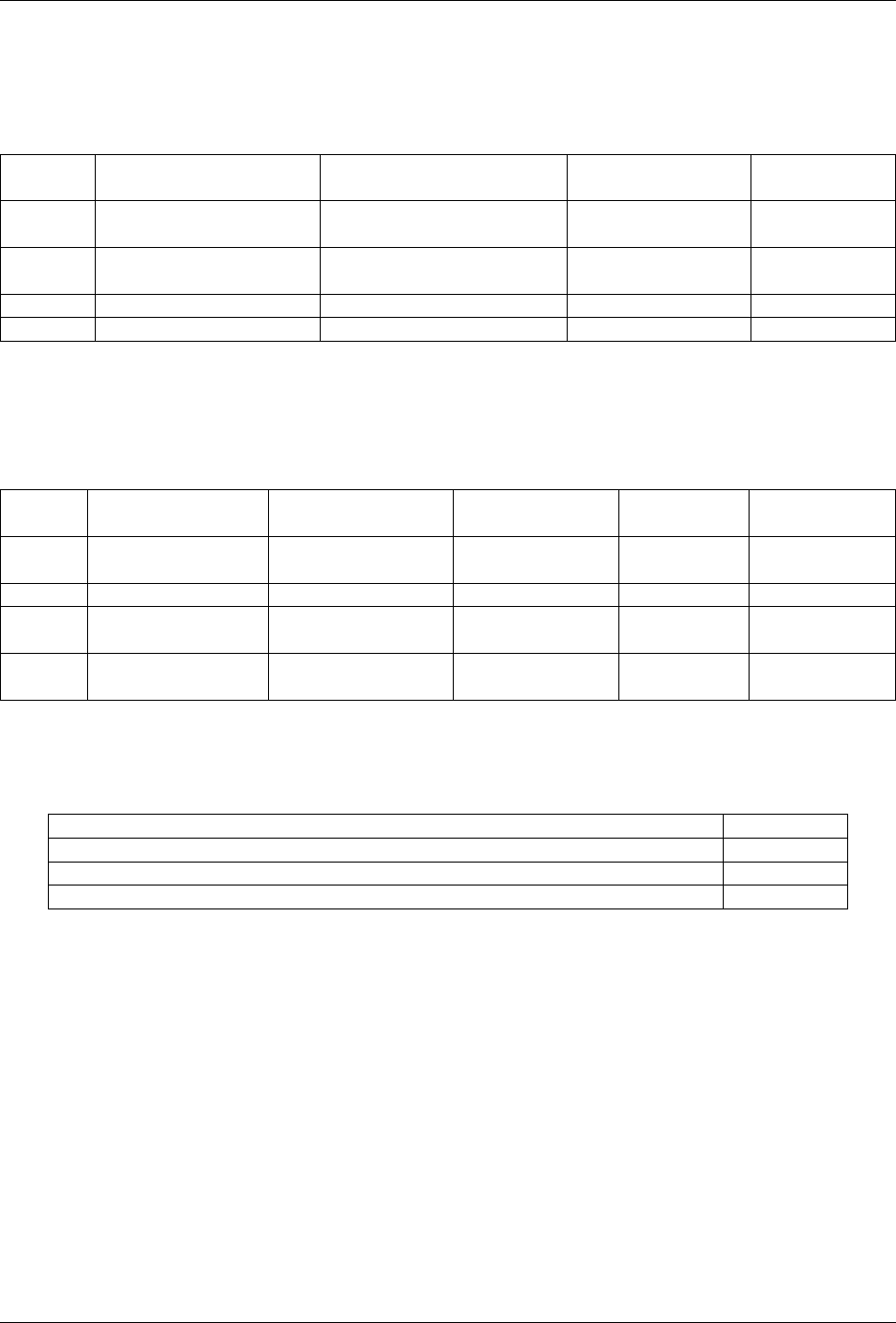
GeoServer User Manual, Release 2.15.1
/namespaces[.<format>]
Controls all namespaces.
Method Action Status code Formats Default For-
mat
GET List all namespaces 200 HTML, XML,
JSON
HTML
POST Create a new names-
pace
201 with Location
header
XML, JSON
PUT 405
DELETE 405
/namespaces/<ns>[.<format>]
Controls a particular namespace.
Method Action Status code Formats Default For-
mat
Parameters
GET Return namespace
ns
200 HTML, XML,
JSON
HTML quietOnNot-
Found
POST 405
PUT 200 Modify namespace
ns
XML, JSON
DELETE 200 Delete namespace
ns
XML, JSON
Exceptions
Exception Status code
GET for a namespace that does not exist 404
PUT that changes prefix of namespace 403
DELETE against a namespace whose corresponding workspace is non-empty 403
Parameters
quietOnNotFound
The quietOnNotFound parameter avoids to log an Exception when the Namespace is not present. Note
that 404 status code will be returned anyway.
/namespaces/default[.<format>]
Controls the default namespace.
1350 Chapter 12. REST
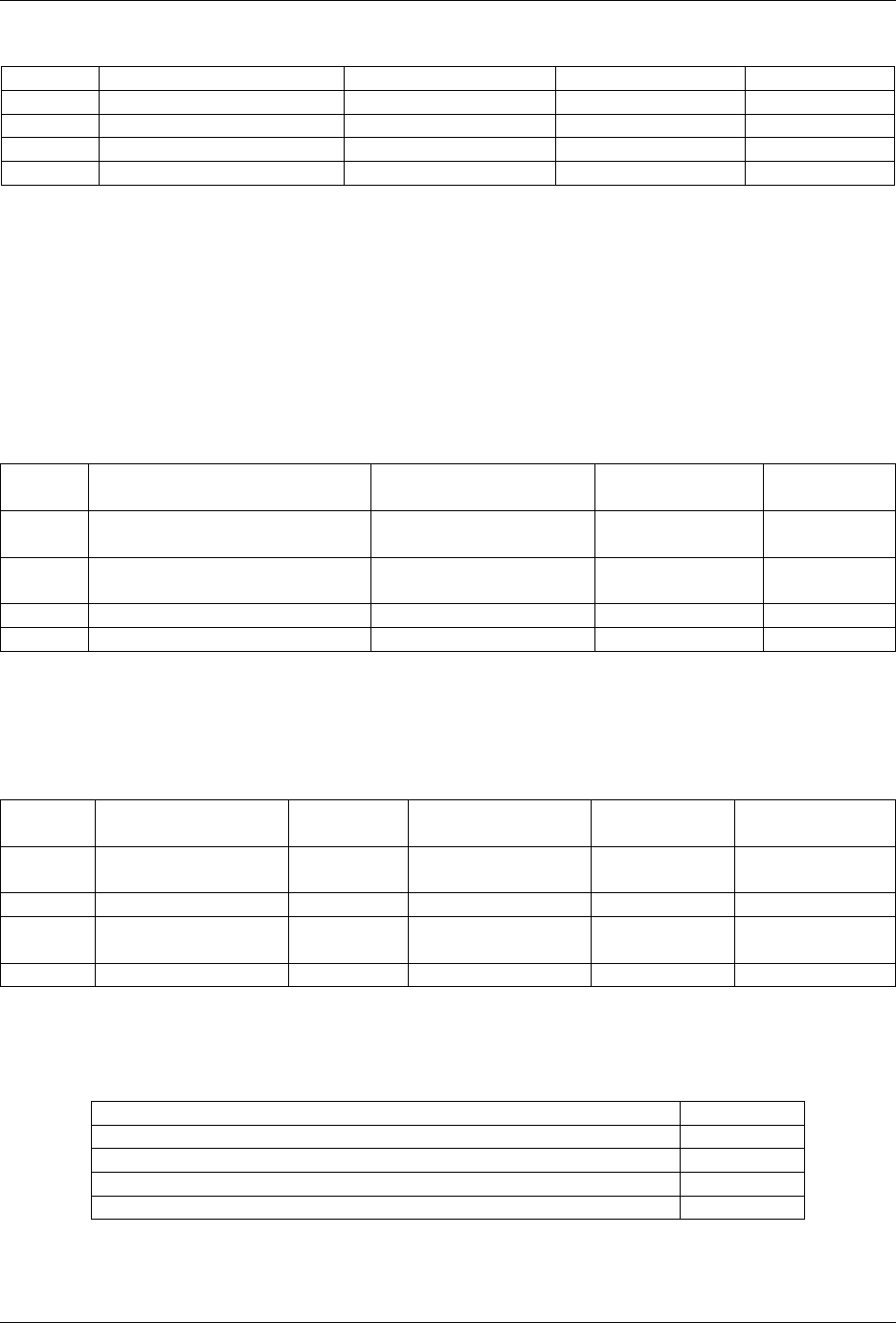
GeoServer User Manual, Release 2.15.1
Method Action Status code Formats Default Format
GET Return default namespace 200 HTML, XML, JSON HTML
POST 405
PUT 200 Set default namespace XML, JSON
DELETE 405
Data stores
Adata store contains vector format spatial data. It can be a file (such as a shapefile), a database (such as
PostGIS), or a server (such as a remote Web Feature Service).
/workspaces/<ws>/datastores[.<format>]
Controls all data stores in a given workspace.
Method Action Status code Formats Default For-
mat
GET List all data stores in
workspace ws
200 HTML, XML,
JSON
HTML
POST Create a new data store 201 with Location
header
XML, JSON
PUT 405
DELETE 405
/workspaces/<ws>/datastores/<ds>[.<format>]
Controls a particular data store in a given workspace.
Method Action Status
code
Formats Default For-
mat
Parameters
GET Return data store ds 200 HTML, XML,
JSON
HTML quietOnNot-
Found
POST 405
PUT Modify data store
ds
DELETE Delete data store ds recurse
Exceptions
Exception Status code
GET for a data store that does not exist 404
PUT that changes name of data store 403
PUT that changes workspace of data store 403
DELETE against a data store that contains configured feature types 403
12.2. Examples 1351
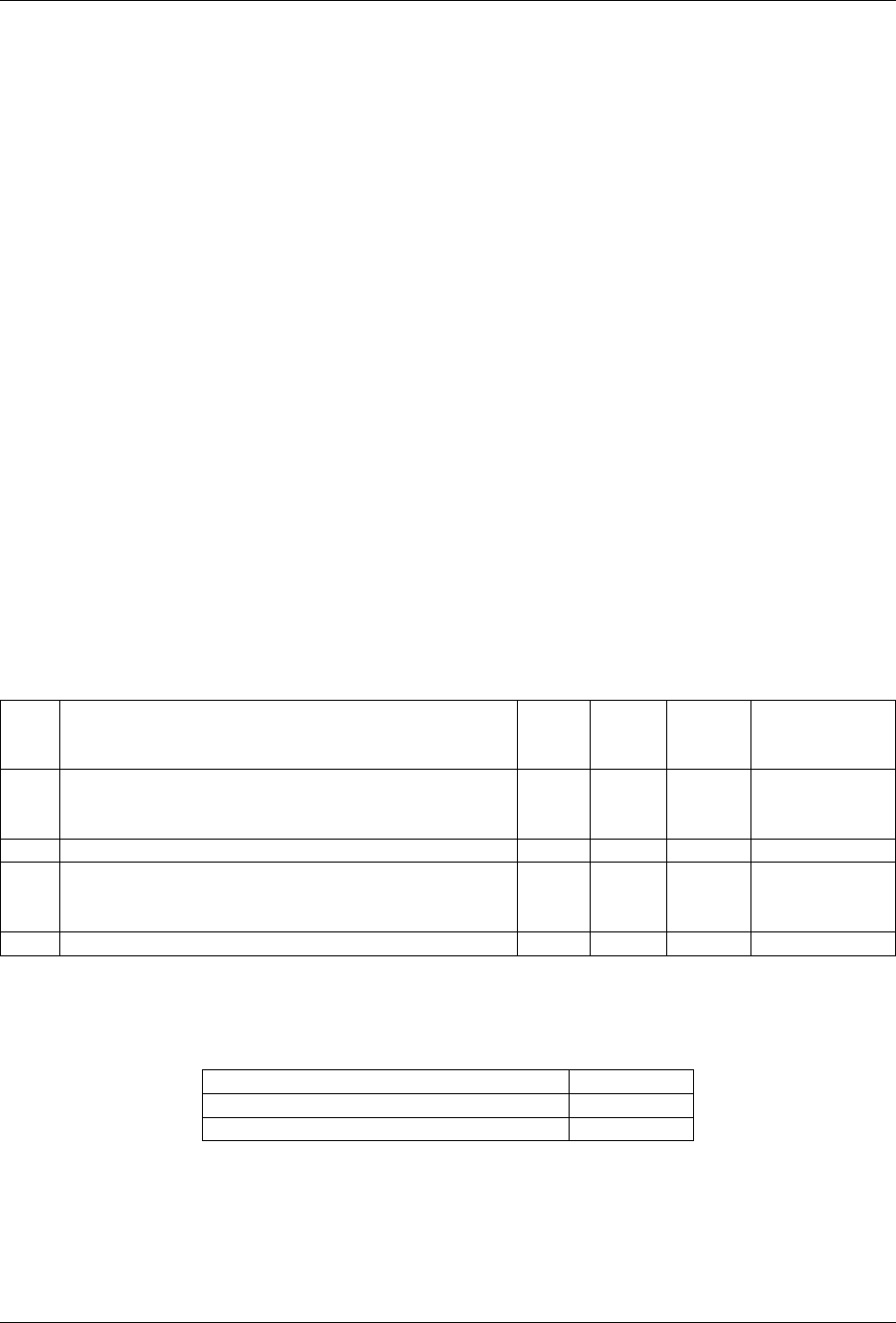
GeoServer User Manual, Release 2.15.1
Parameters
recurse
The recurse parameter recursively deletes all layers referenced by the specified data store. Allowed val-
ues for this parameter are “true” or “false”. The default value is “false”.
quietOnNotFound
The quietOnNotFound parameter avoids to log an Exception when the data store is not present. Note
that 404 status code will be returned anyway.
/workspaces/<ws>/datastores/<ds>/[file|url|external][.<extension>]
These endpoints (file,url, and external) allow a file containing either spatial data or a mapping con-
figuration (in case an app-schema data store is targeted), to be added (via a PUT request) into an existing
data store, or will create a new data store if it doesn’t already exist. The three endpoints are used to specify
the method that is used to upload the file:
•file—Uploads a file from a local source. The body of the request is the file itself.
•url—Uploads a file from an remote source. The body of the request is a URL pointing to the file to
upload. This URL must be visible from the server.
•external—Uses an existing file on the server. The body of the request is the absolute path to the
existing file.
MethodAction Sta-
tus
code
For-
mats
Default
For-
mat
Parameters
GET Deprecated. Retrieve the underlying files for the data
store as a zip file with MIME type application/
zip
200
POST 405
PUT Uploads files to the data store ds, creating it if nec-
essary
200 See
note
below
configure,tar-
get,update,
charset
DELETE 405
Exceptions
Exception Status code
GET for a data store that does not exist 404
GET for a data store that is not file based 404
1352 Chapter 12. REST
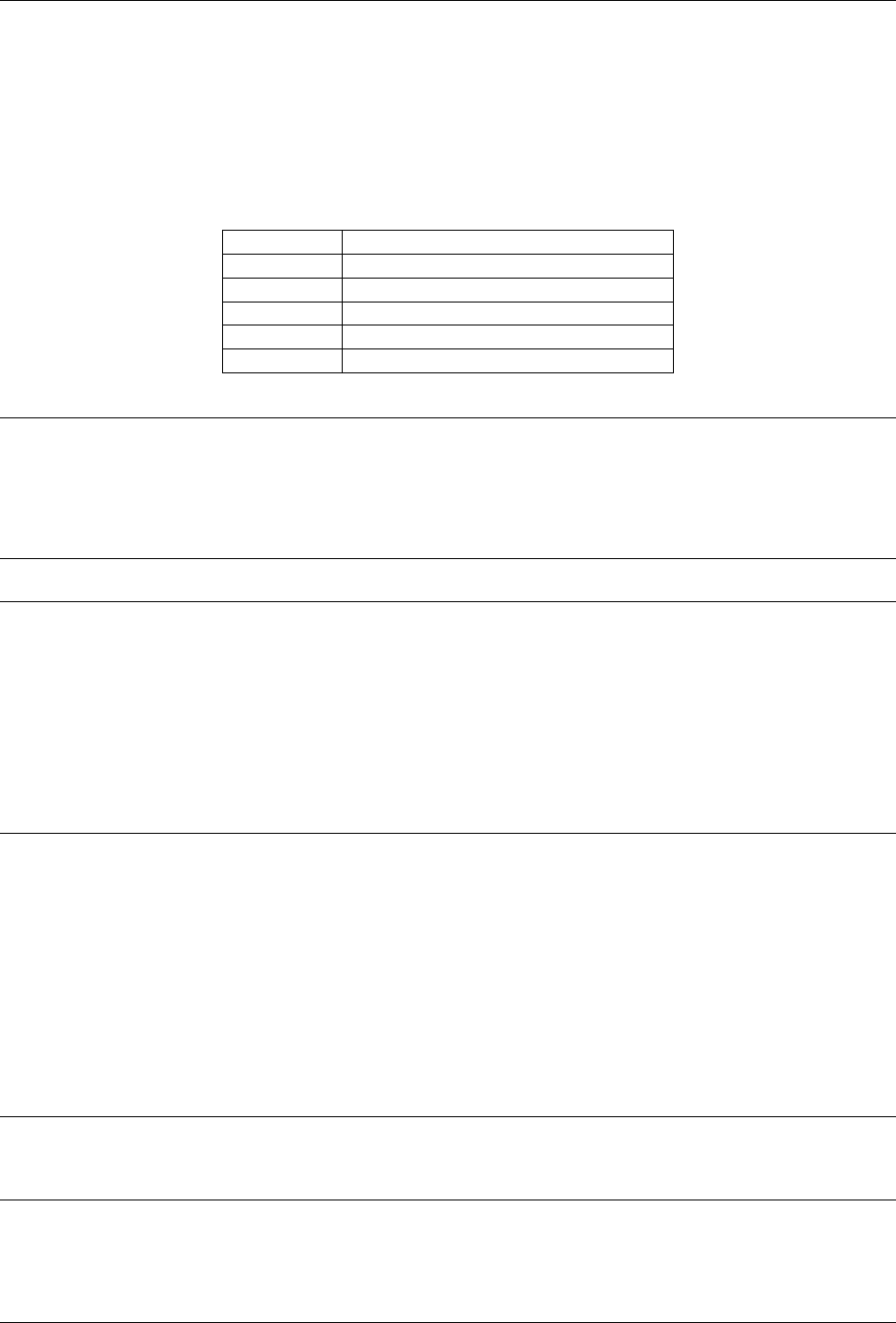
GeoServer User Manual, Release 2.15.1
Parameters
extension
The extension parameter specifies the type of data being uploaded. The following extensions are sup-
ported:
Extension Datastore
shp Shapefile
properties Property file
h2 H2 Database
spatialite SpatiaLite Database
appschema App-schema mapping configuration
Note: A file can be PUT to a data store as a standalone or zipped archive file. Standalone files are only
suitable for data stores that work with a single file such as a GML store. Data stores that work with multiple
files, such as the shapefile store, must be sent as a zip archive.
When uploading a standalone file, set the Content-type appropriately based on the file type. If you are
loading a zip archive, set the Content-type to application/zip.
Note: The app-schema mapping configuration can either be uploaded as a single file, or split in multi-
ple files for reusability and/or mapping constraints (e.g. multiple mappings of the same feature type are
needed). If multiple mapping files are uploaded as a zip archive, the extension of the main mapping file
(the one including the others via the <includedTypes> tag) must be .appschema, otherwise it will not
be recognized as the data store’s primary file and publishing will fail.
The application schemas (XSD files) required to define the mapping can be added to the zip archive and
uploaded along with the mapping configuration. All files contained in the archive are uploaded to the
same folder, so the path to the secondary mapping files and the application schemas, as specified in the
main mapping file, is simply the file name of the included resource.
configure
The configure parameter controls how the data store is configured upon file upload. It can take one of
the three values:
•first—(Default) Only setup the first feature type available in the data store.
•none—Do not configure any feature types.
•all—Configure all feature types.
Note: When uploading an app-schema mapping configuration, only the feature types mapped in the
main mapping file are considered to be top level features and will be automatically configured when
configure=all or configure=first is specified.
12.2. Examples 1353
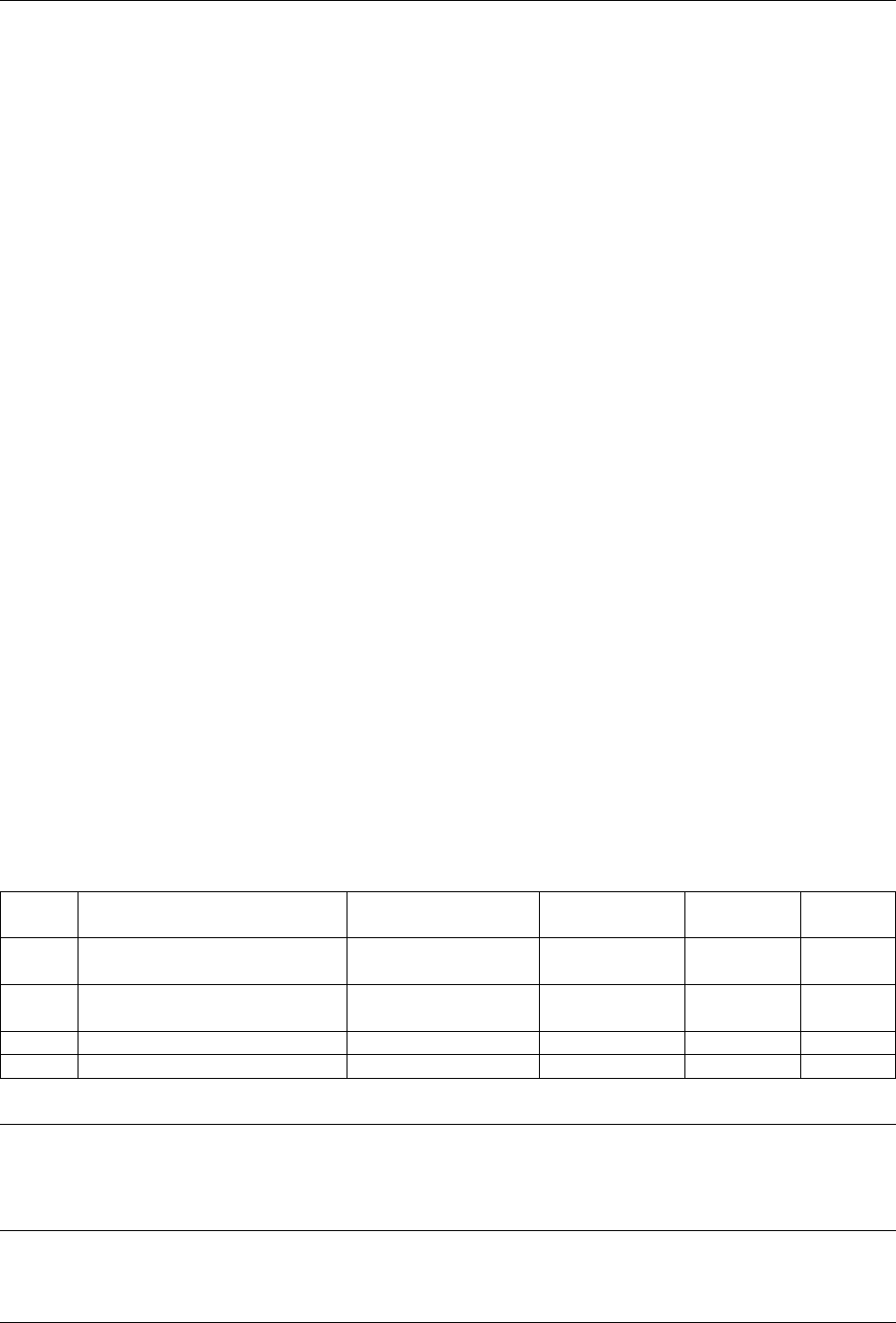
GeoServer User Manual, Release 2.15.1
target
The target parameter determines what format or storage engine will be used when a new data store is
created on the server for uploaded data. When importing data into an existing data store, it is ignored. The
allowed values for this parameter are the same as for the extension parameter, except for appschema, which
doesn’t make sense in this context.
update
The update parameter controls how existing data is handled when the file is PUT into a data store that
already exists and already contains a schema that matches the content of the file. The parameter accepts
one of the following values:
•append—Data being uploaded is appended to the existing data. This is the default.
•overwrite—Data being uploaded replaces any existing data.
The parameter is ignored for app-schema data stores, which are read-only.
charset
The charset parameter specifies the character encoding of the file being uploaded (such as “ISO-8559-1”).
Feature types
Afeature type is a vector based spatial resource or data set that originates from a data store. In some
cases, such as with a shapefile, a feature type has a one-to-one relationship with its data store. In other cases,
such as PostGIS, the relationship of feature type to data store is many-to-one, feature types corresponding
to a table in the database.
/workspaces/<ws>/datastores/<ds>/featuretypes[.<format>]
Controls all feature types in a given data store / workspace.
Method Action Status code Formats Default
Format
Param-
eters
GET List all feature types in data
store ds
200 HTML, XML,
JSON
HTML list
POST Create a new feature type, see
note below
201 with Location
header
XML, JSON
PUT 405
DELETE 405
Note: When creating a new feature type via POST, if no underlying dataset with the specified name exists
an attempt will be made to create it. This will work only in cases where the underlying data format supports
the creation of new types (such as a database). When creating a feature type in this manner the client should
include all attribute information in the feature type representation.
1354 Chapter 12. REST
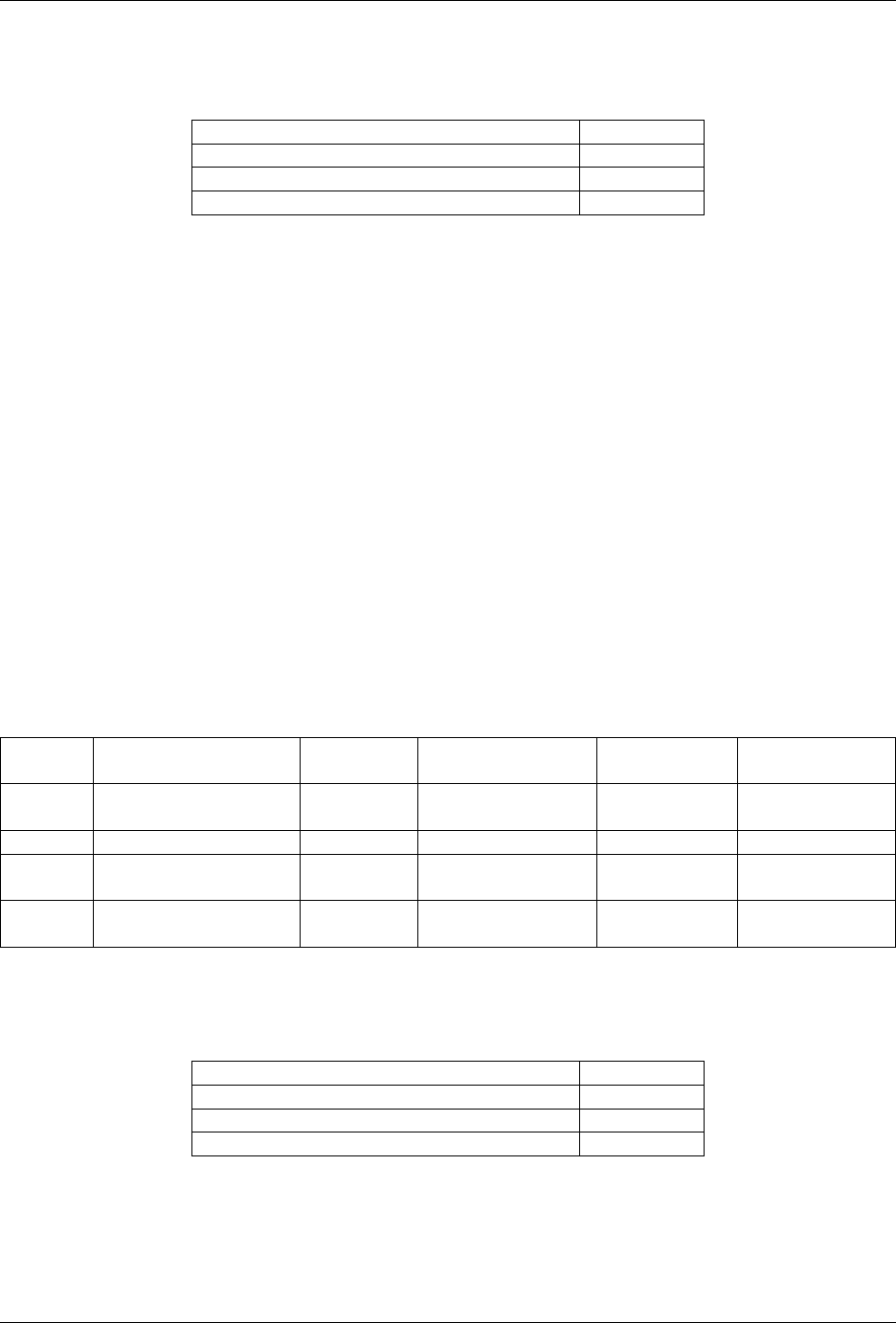
GeoServer User Manual, Release 2.15.1
Exceptions
Exception Status code
GET for a feature type that does not exist 404
PUT that changes name of feature type 403
PUT that changes data store of feature type 403
Parameters
list
The list parameter is used to control the category of feature types that are returned. It can take one of the
following values:
•configured—Only configured feature types are returned. This is the default value.
•available—Only feature types that haven’t been configured but are available from the specified
data store will be returned.
•available_with_geom—Same as available but only includes feature types that have a geometry
attribute.
•all—The union of configured and available.
/workspaces/<ws>/datastores/<ds>/featuretypes/<ft>[.<format>]
Controls a particular feature type in a given data store and workspace.
Method Action Status
code
Formats Default For-
mat
Parameters
GET Return feature type
ft
200 HTML, XML,
JSON
HTML quietOnNot-
Found
POST 405
PUT Modify feature type
ft
200 XML,JSON recalculate
DELETE Delete feature type
ft
200 recurse
Exceptions
Exception Status code
GET for a feature type that does not exist 404
PUT that changes name of feature type 403
PUT that changes data store of feature type 403
12.2. Examples 1355
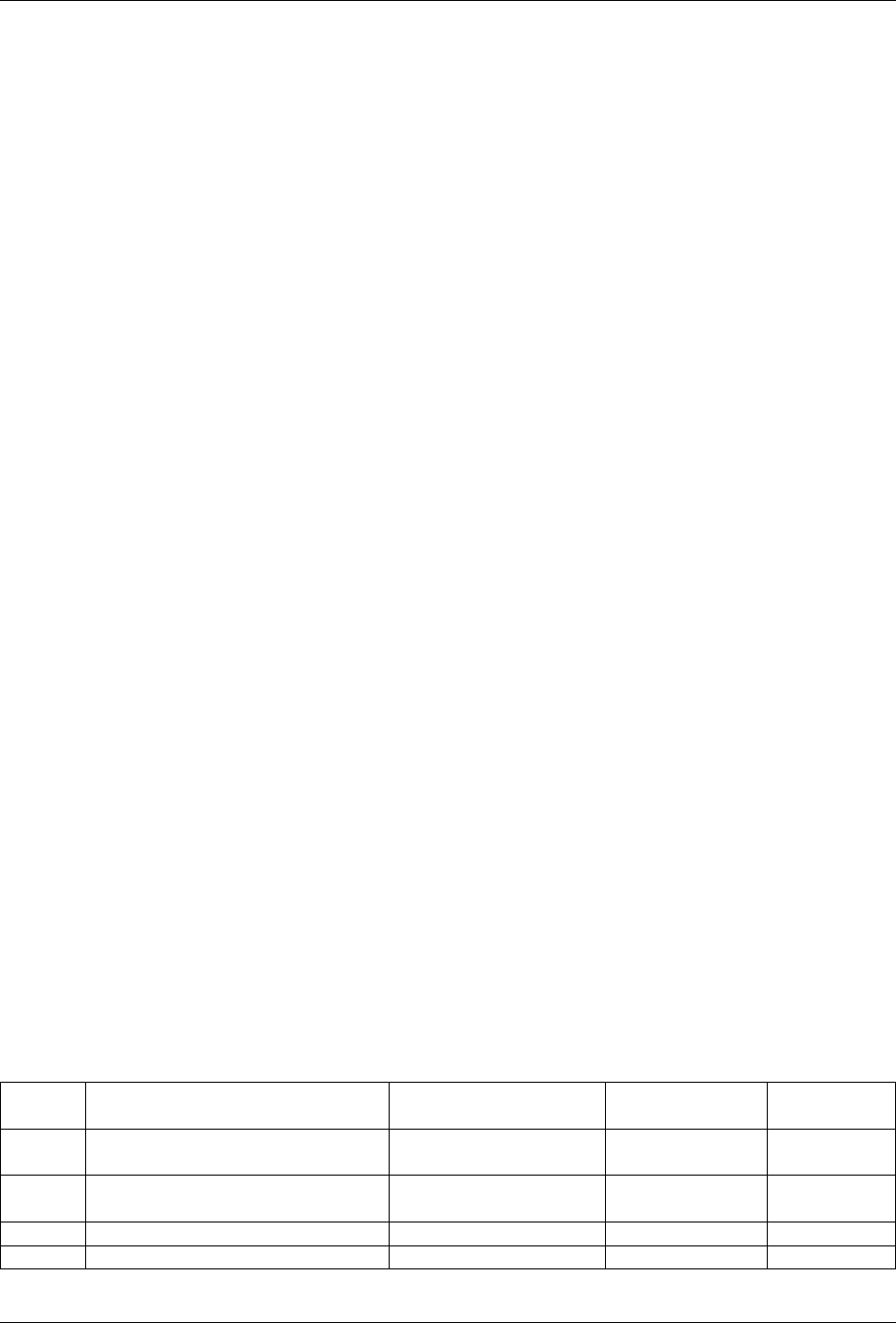
GeoServer User Manual, Release 2.15.1
Parameters
recurse
The recurse parameter recursively deletes all layers referenced by the specified featuretype. Allowed
values for this parameter are “true” or “false”. The default value is “false”. A DELETE request with
recurse=false will fail if any layers reference the featuretype.
recalculate
The recalculate parameter specifies whether to recalculate any bounding boxes for a feature type. Some
properties of feature types are automatically recalculated when necessary. In particular, the native bound-
ing box is recalculated when the projection or projection policy are changed, and the lat/long bounding box
is recalculated when the native bounding box is recalculated, or when a new native bounding box is explic-
itly provided in the request. (The native and lat/long bounding boxes are not automatically recalculated
when they are explicitly included in the request.) In addition, the client may explicitly request a fixed set
of fields to calculate, by including a comma-separated list of their names in the recalculate parameter.
For example:
•recalculate= (empty parameter): Do not calculate any fields, regardless of the projection, pro-
jection policy, etc. This might be useful to avoid slow recalculation when operating against large
datasets.
•recalculate=nativebbox: Recalculate the native bounding box, but do not recalculate the
lat/long bounding box.
•recalculate=nativebbox,latlonbbox: Recalculate both the native bounding box and the
lat/long bounding box.
quietOnNotFound
The quietOnNotFound parameter avoids to log an Exception when the feature type is not present. Note
that 404 status code will be returned anyway.
Coverage stores
Acoverage store contains raster format spatial data.
/workspaces/<ws>/coveragestores[.<format>]
Controls all coverage stores in a given workspace.
Method Action Status code Formats Default For-
mat
GET List all coverage stores in
workspace ws
200 HTML, XML,
JSON
HTML
POST Create a new coverage store 201 with Location
header
XML, JSON
PUT 405
DELETE 405
1356 Chapter 12. REST
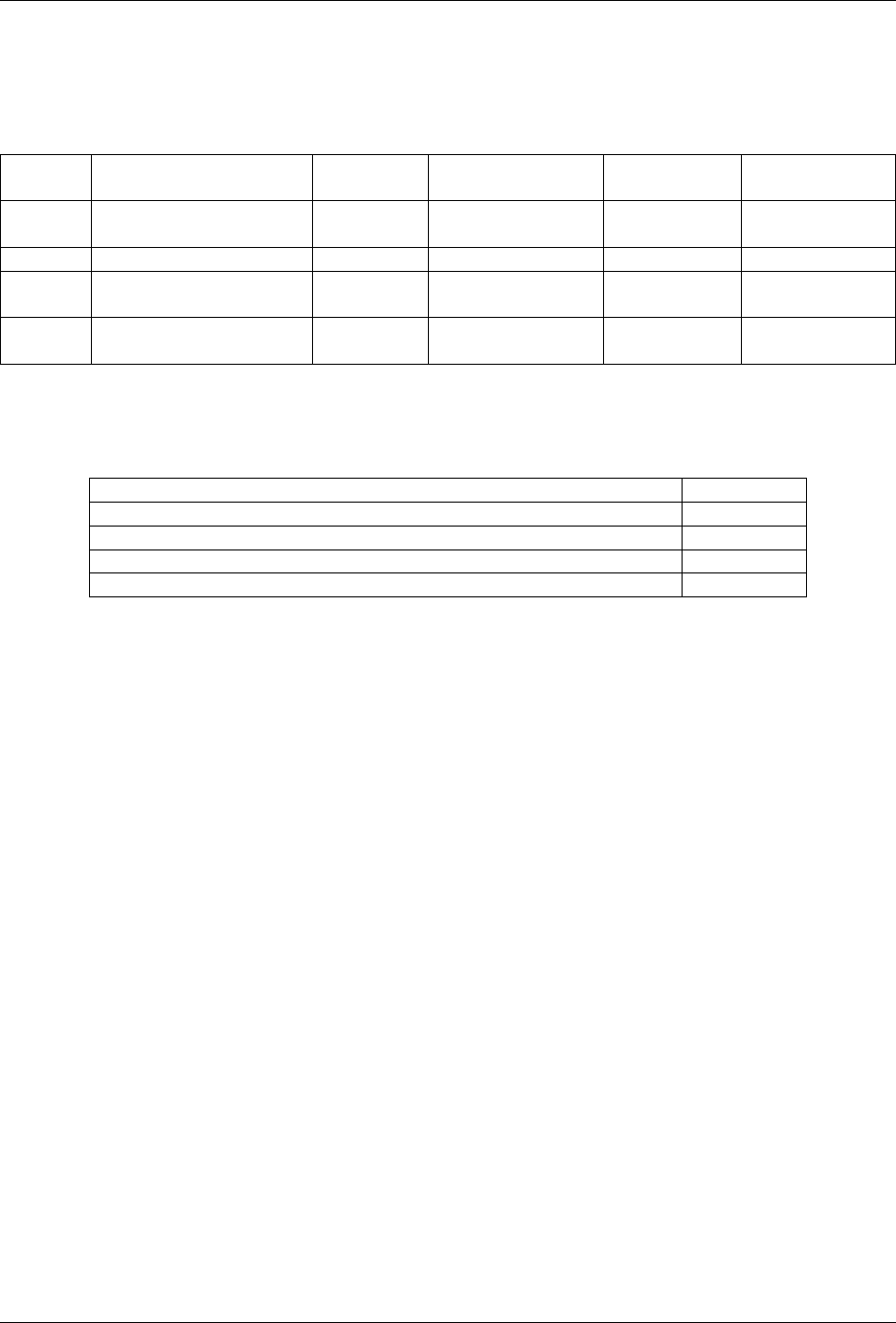
GeoServer User Manual, Release 2.15.1
/workspaces/<ws>/coveragestores/<cs>[.<format>]
Controls a particular coverage store in a given workspace.
Method Action Status
code
Formats Default For-
mat
Parameters
GET Return coverage store
cs
200 HTML, XML,
JSON
HTML quietOnNot-
Found
POST 405
PUT Modify coverage store
cs
DELETE Delete coverage store
cs
recurse,purge
Exceptions
Exception Status code
GET for a coverage store that does not exist 404
PUT that changes name of coverage store 403
PUT that changes workspace of coverage store 403
DELETE against a coverage store that contains configured coverage 403
Parameters
recurse
The recurse parameter recursively deletes all layers referenced by the coverage store. Allowed values for
this parameter are “true” or “false”. The default value is “false”.
purge
The purge parameter is used to customize the delete of files on disk (in case the underlying reader imple-
ments a delete method). It can take one of the three values:
•none-(Default) Do not delete any store’s file from disk.
•metadata-Delete only auxiliary files and metadata. It’s recommended when data files (such as gran-
ules) should not be deleted from disk.
•all-Purge everything related to that store (metadata and granules).
quietOnNotFound
The quietOnNotFound parameter avoids to log an Exception when the coverage store is not present. Note
that 404 status code will be returned anyway.
12.2. Examples 1357
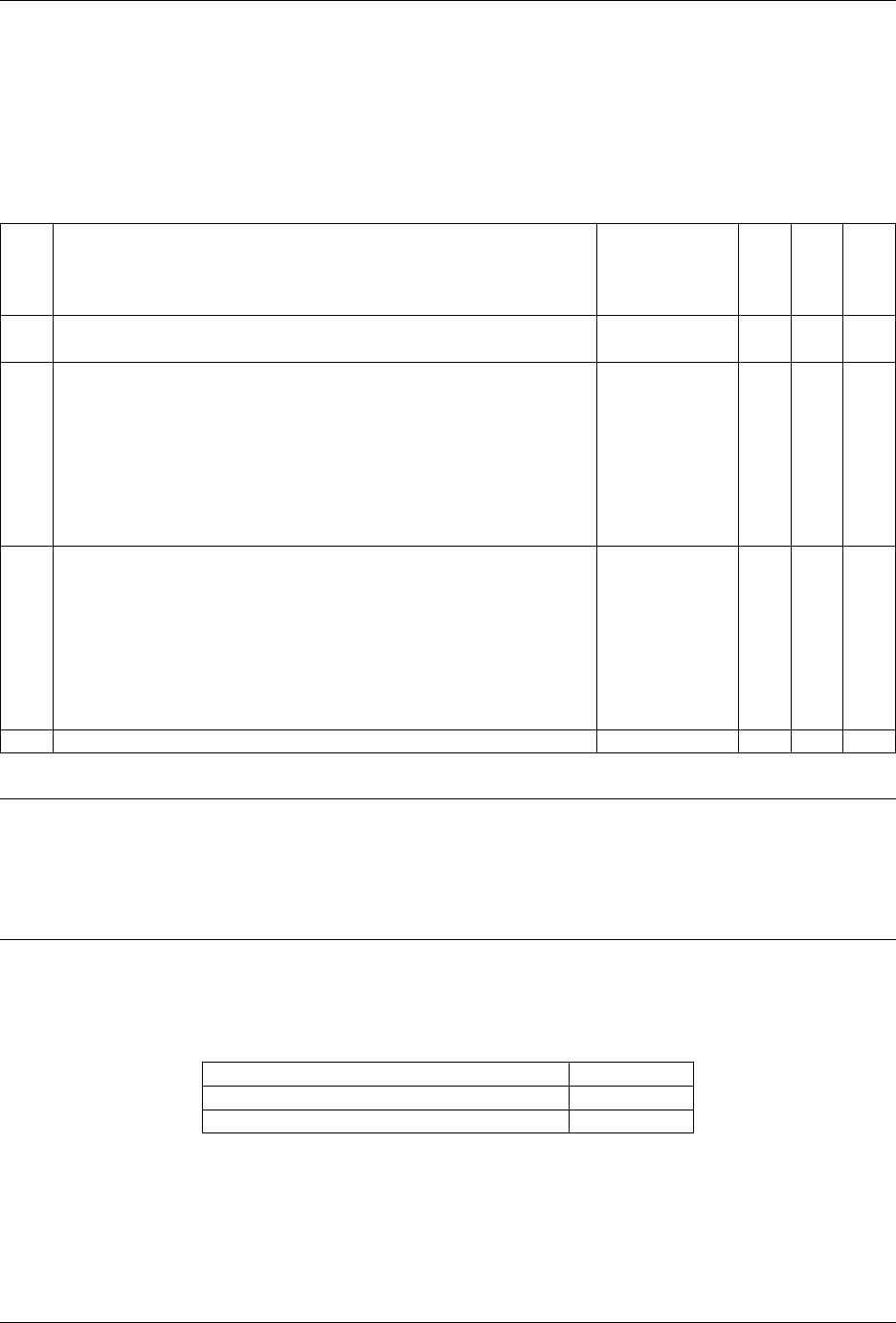
GeoServer User Manual, Release 2.15.1
/workspaces/<ws>/coveragestores/<cs>/file[.<extension>]
This end point allows a file containing spatial data to be added (via a POST or PUT) into an existing
coverage store, or will create a new coverage store if it doesn’t already exist. In case of coverage stores
containing multiple coverages (e.g., mosaic of NetCDF files) all the coverages will be configured unless
configure=false is specified as a parameter.
MethodAction Status code For-
mats
De-
fault
For-
mat
Pa-
ram-
e-
ters
GET Deprecated. Get the underlying files for the coverage store as a
zip file with MIME type application/zip.
200
POST If the coverage store is a simple one (e.g. GeoTiff) it will return
a 405, if the coverage store is a structured one (e.g., mosaic) it
will harvest the specified files into it, which in turn will inte-
grate the files into the store. Harvest meaning is store depen-
dent, for mosaic the new files will be added as new granules of
the mosaic, and existing files will get their attribute updated,
other stores might have a different behavior.
405 if the cov-
erage store is
a simple one,
200 if struc-
tured and
the harvest
operation
succeeded
re-
cal-
cu-
late,
file-
name
PUT Creates or overwrites the files for coverage store cs 200 See
note
be-
low
con-
fig-
ure,
cov-
er-
a-
ge-
Name
DELETE 405
Note: A file can be PUT to a coverage store as a standalone or zipped archive file. Standalone files are only
suitable for coverage stores that work with a single file such as GeoTIFF store. Coverage stores that work
with multiple files, such as the ImageMosaic store, must be sent as a zip archive.
When uploading a standalone file, set the Content-type appropriately based on the file type. If you are
loading a zip archive, set the Content-type to application/zip.
Exceptions
Exception Status code
GET for a data store that does not exist 404
GET for a data store that is not file based 404
1358 Chapter 12. REST
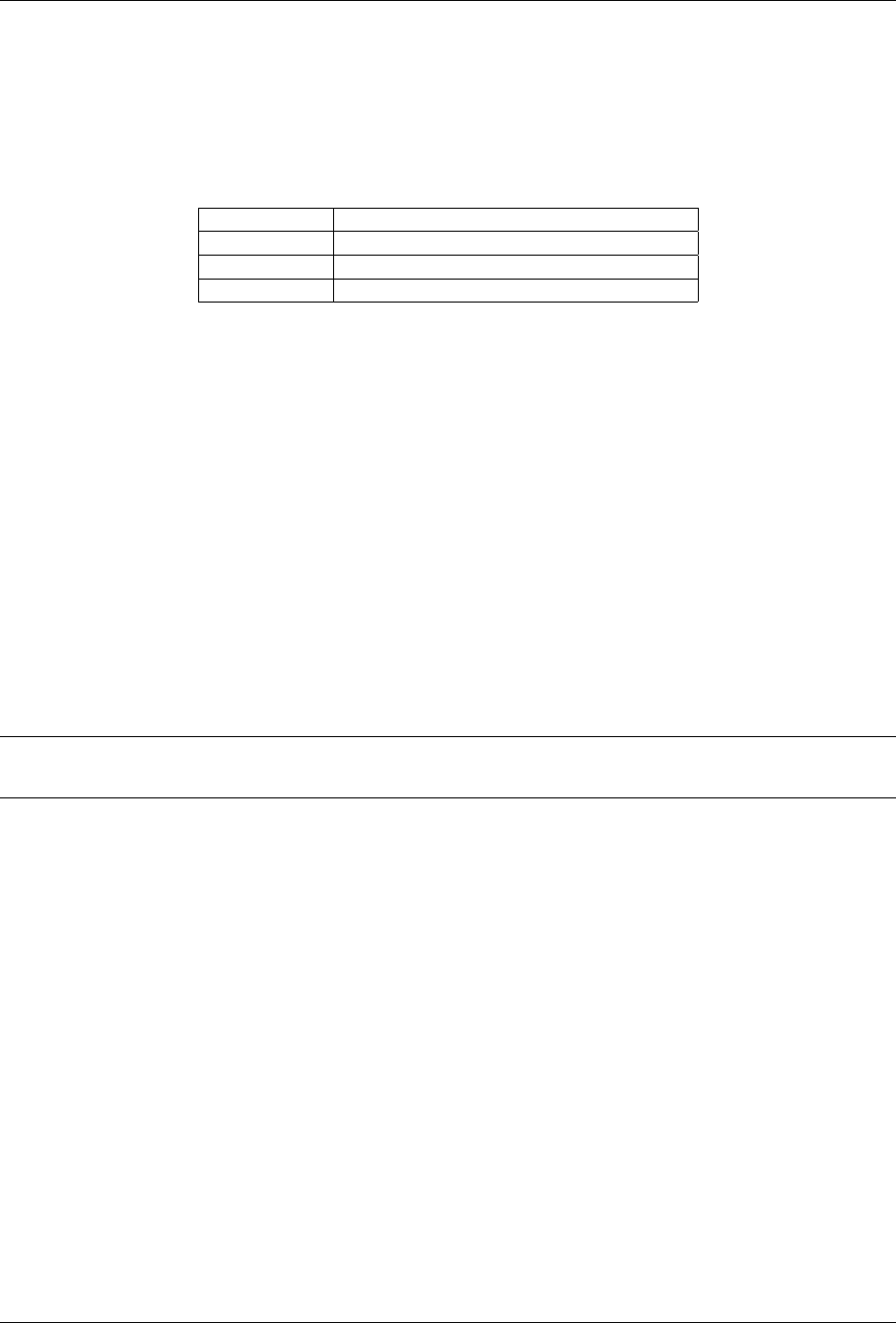
GeoServer User Manual, Release 2.15.1
Parameters
extension
The extension parameter specifies the type of coverage store. The following extensions are supported:
Extension Coverage store
geotiff GeoTIFF
worldimage Georeferenced image (JPEG, PNG, TIFF)
imagemosaic Image mosaic
configure
The configure parameter controls how the coverage store is configured upon file upload. It can take one
of the three values:
•first—(Default) Only setup the first feature type available in the coverage store.
•none—Do not configure any feature types.
•all—Configure all feature types.
coverageName
The coverageName parameter specifies the name of the coverage within the coverage store. This param-
eter is only relevant if the configure parameter is not equal to “none”. If not specified the resulting
coverage will receive the same name as its containing coverage store.
Note: At present a one-to-one relationship exists between a coverage store and a coverage. However, there
are plans to support multidimensional coverages, so this parameter may change.
recalculate
The recalculate parameter specifies whether to recalculate any bounding boxes for a coverage. Some
properties of coverages are automatically recalculated when necessary. In particular, the native bounding
box is recalculated when the projection or projection policy is changed. The lat/long bounding box is
recalculated when the native bounding box is recalculated or when a new native bounding box is explicitly
provided in the request. (The native and lat/long bounding boxes are not automatically recalculated when
they are explicitly included in the request.) In addition, the client may explicitly request a fixed set of
fields to calculate by including a comma-separated list of their names in the recalculate parameter. For
example:
•recalculate= (empty parameter)—Do not calculate any fields, regardless of the projection, pro-
jection policy, etc. This might be useful to avoid slow recalculation when operating against large
datasets.
•recalculate=nativebbox—Recalculate the native bounding box, but do not recalculate the
lat/long bounding box.
•recalculate=nativebbox,latlonbbox—Recalculate both the native bounding box and the
lat/long bounding box.
12.2. Examples 1359
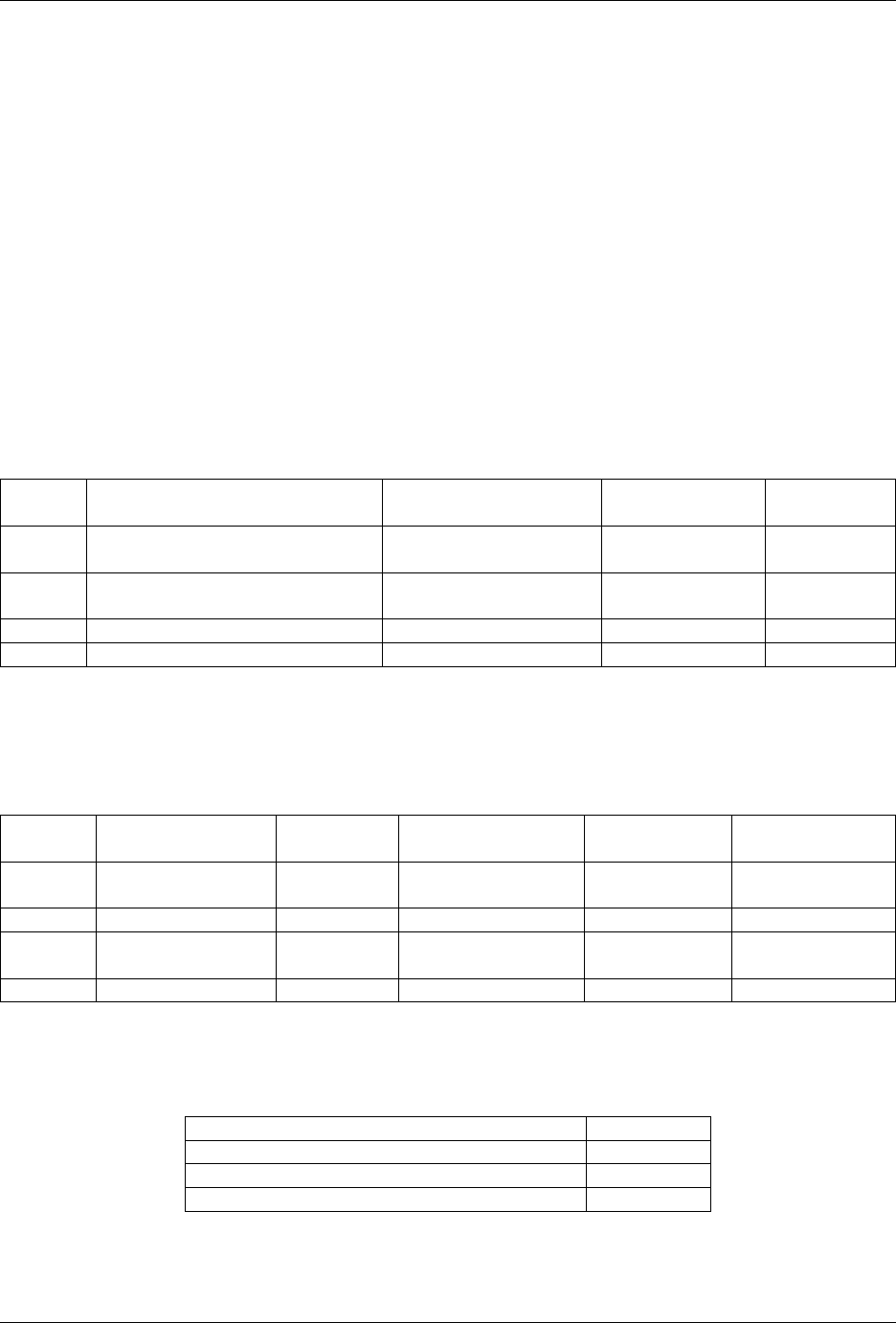
GeoServer User Manual, Release 2.15.1
filename
The filename parameter specifies the target file name for a file that needs to harvested as part of a mosaic.
This is important to avoid clashes and to make sure the right dimension values are available in the name
for multidimensional mosaics to work.
•filename=`NCOM_wattemp_000_20081102T0000000_12.tiff` Set the uploaded file
name to ``NCOM_wattemp_000_20081102T0000000_12.tiff
Coverages
Acoverage is a raster data set which originates from a coverage store.
/workspaces/<ws>/coveragestores/<cs>/coverages[.<format>]
Controls all coverages in a given coverage store and workspace.
Method Action Status code Formats Default For-
mat
GET List all coverages in coverage
store cs
200 HTML, XML,
JSON
HTML
POST Create a new coverage 201 with Location
header
XML, JSON
PUT 405
DELETE 405
/workspaces/<ws>/coveragestores/<cs>/coverages/<c>[.<format>]
Controls a particular coverage in a given coverage store and workspace.
Method Action Status
code
Formats Default For-
mat
Parameters
GET Return coverage c200 HTML, XML,
JSON
HTML quietOnNot-
Found
POST 405
PUT Modify coverage
c
200 XML,JSON
DELETE Delete coverage c200 recurse
Exceptions
Exception Status code
GET for a coverage that does not exist 404
PUT that changes name of coverage 403
PUT that changes coverage store of coverage 403
1360 Chapter 12. REST
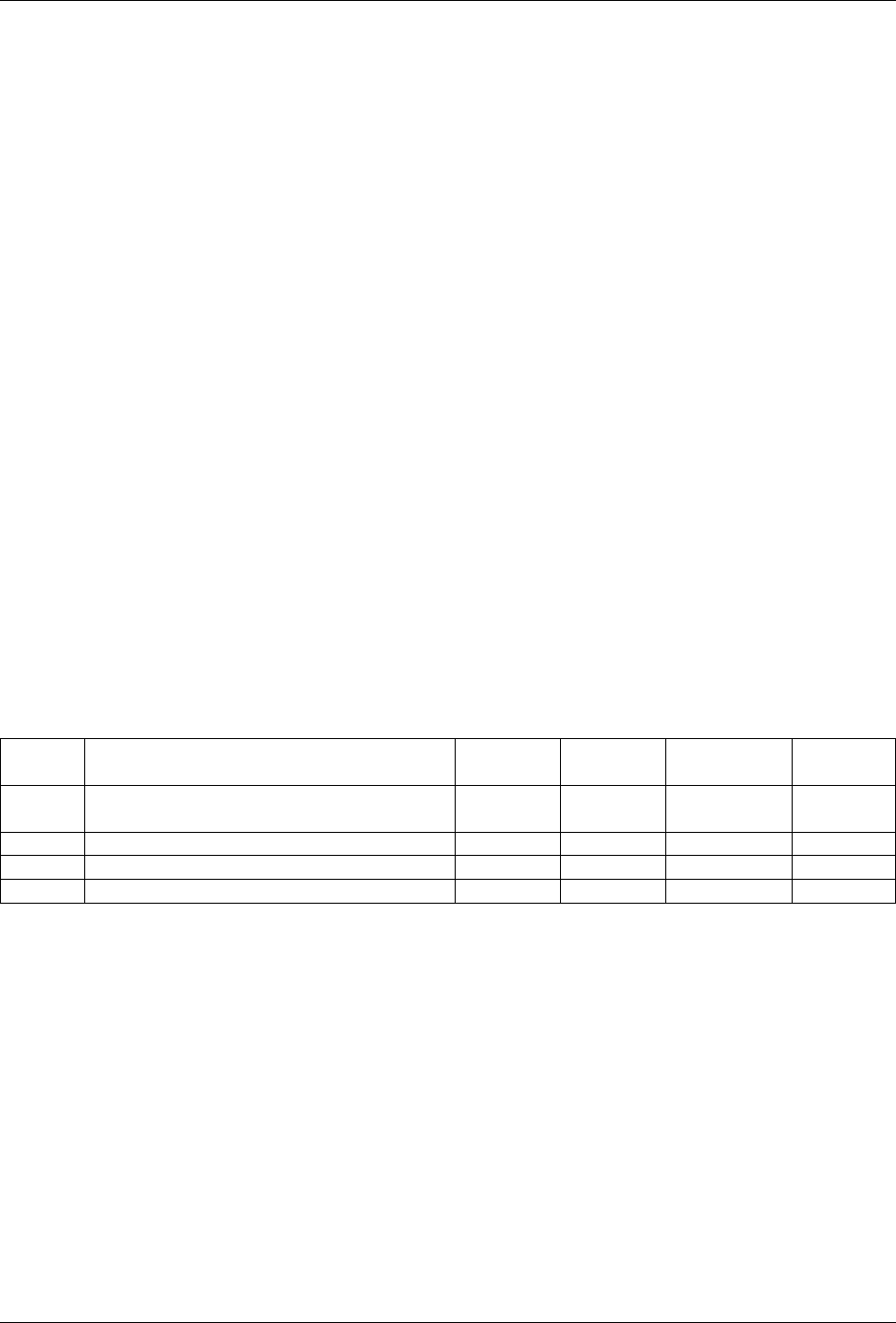
GeoServer User Manual, Release 2.15.1
Parameters
recurse
The recurse parameter recursively deletes all layers referenced by the specified coverage. Permitted
values for this parameter are “true” or “false”. The default value is “false”.
quietOnNotFound
The quietOnNotFound parameter avoids to log an Exception when the coverage is not present. Note that
404 status code will be returned anyway.
Structured coverages
Structured coverages are the ones whose content is made of granules, normally associated to attributes,
often used to represent time, elevation and other custom dimensions attached to the granules themselves.
Image mosaic is an example of a writable structured coverage reader, in which each of the mosaic granules
is associated with attributes. NetCDF is an example of a read only one, in which the multidimensional grid
contained in the file is exposed as a set of 2D slices, each associated with a different set of variable values.
The following API applies exclusively to structured coverage readers.
/workspaces/<ws>/coveragestores/<cs>/coverages/<coverage>/index[.<format>]
Declares the set of attributes associated to the specified coverage, their name, type and min/max occur-
rences.
Method Action Status
code
Formats Default For-
mat
Parame-
ters
GET Returns the attributes, their names and
their types
200 XML,
JSON
XML
POST 405
PUT 405
DELETE 405
/workspaces/<ws>/coveragestores/<cs>/coverages/<coverage>/index/granules.
<format>
Returns the full list of granules, each with its attributes vales and geometry, and allows to selectively remove
them
12.2. Examples 1361
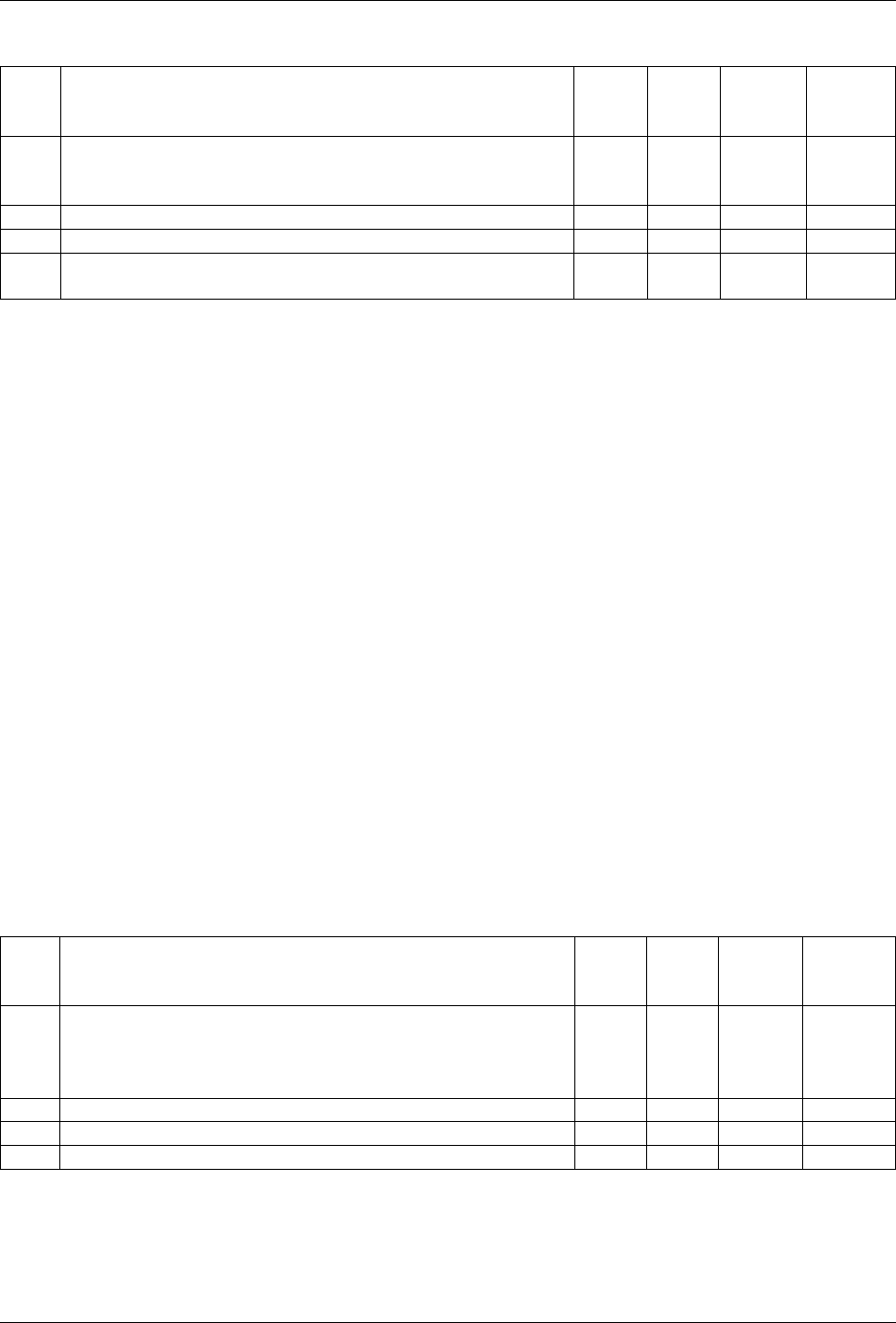
GeoServer User Manual, Release 2.15.1
MethodAction Sta-
tus
code
For-
mats
Default
Format
Param-
eters
GET Returns the list of granules and their attributes, either in
GML (when XML is used) or GeoJSON (when JSON is
used)
200 XML,
JSON
XML offset,
limit,
filter
POST 405
PUT 405
DELETEDeletes the granules (all, or just the ones selected via the
filter parameter)
200 filter
Parameters
offset
The offset parameter instructs GeoServer to skip the specified number of first granules when returning
the data.
limit
The limit parameter instructs GeoServer to return at most the specified number of granules when returin-
ing the data.
filter
The filter parameter is a CQL filter that allows to select which granules will be returned based on their
attribute values.
/workspaces/<ws>/coveragestores/<cs>/coverages/<mosaic>/index/granules/
<granuleId>.<format>
Returns a single granule and allows for its removal.
MethodAction Sta-
tus
code
For-
mats
Default
Format
Param-
eters
GET Returns the specified of granules and its attributes, either
in GML (when XML is used) or GeoJSON (when JSON is
used)
200 XML,
JSON
XML qui-
etOn-
Not-
Found
POST 405
PUT 405
DELETEDeletes the granule 200
1362 Chapter 12. REST
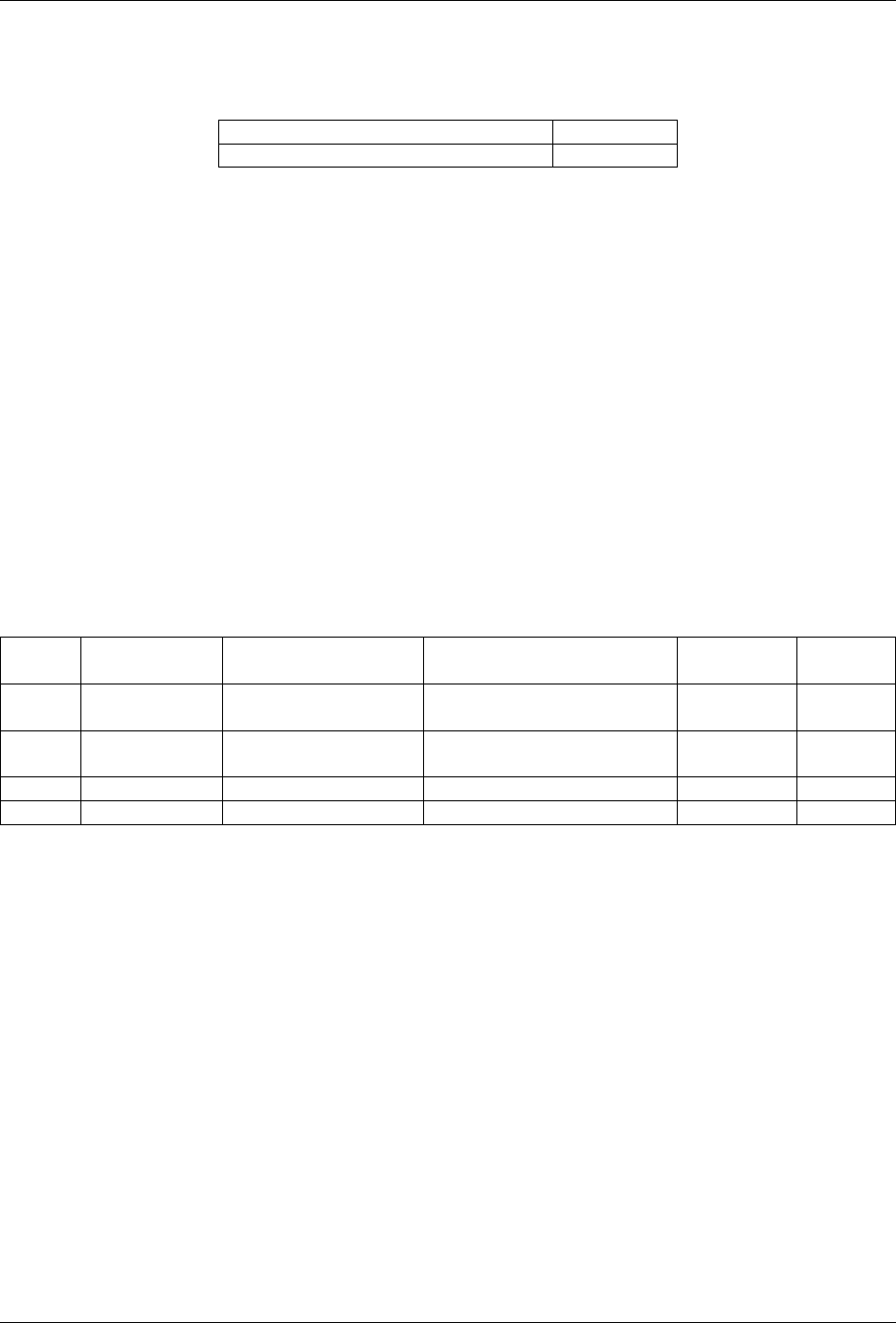
GeoServer User Manual, Release 2.15.1
Exceptions
Exception Status code
GET for a granule that does not exist 404
Parameters
quietOnNotFound
The quietOnNotFound parameter avoids to log an Exception when the granule is not present. Note that
404 status code will be returned anyway.
Styles
Astyle describes how a resource (feature type or coverage) should be symbolized or rendered by the Web
Map Service. In GeoServer styles are specified with SLD.
/styles[.<format>]
Controls all styles.
Method Action Status code Formats Default
Format
Parame-
ters
GET Return all
styles
200 HTML, XML, JSON HTML
POST Create a new
style
201 with Location
header
SLD, XML, JSON, ZIP See
note below
name raw
PUT 405
DELETE 405
When executing a POST or PUT request with an SLD style, the Content-type header should be set to the
mime type identifying the style format. Style formats supported out of the box include:
• SLD 1.0 with a mime type of application/vnd.ogc.sld+xml
• SLD 1.1 / SE 1.1 with a mime type of application/vnd.ogc.se+xml
• SLD package (zip file containing sld and image files used in the style) with a mime type of applica-
tion/zip
Other extensions (such as css) add support for additional formats.
Parameters
name
The name parameter specifies the name to be given to the style. This option is most useful when executing
a POST request with a style in SLD format, and an appropriate name can be not be inferred from the SLD
itself.
12.2. Examples 1363
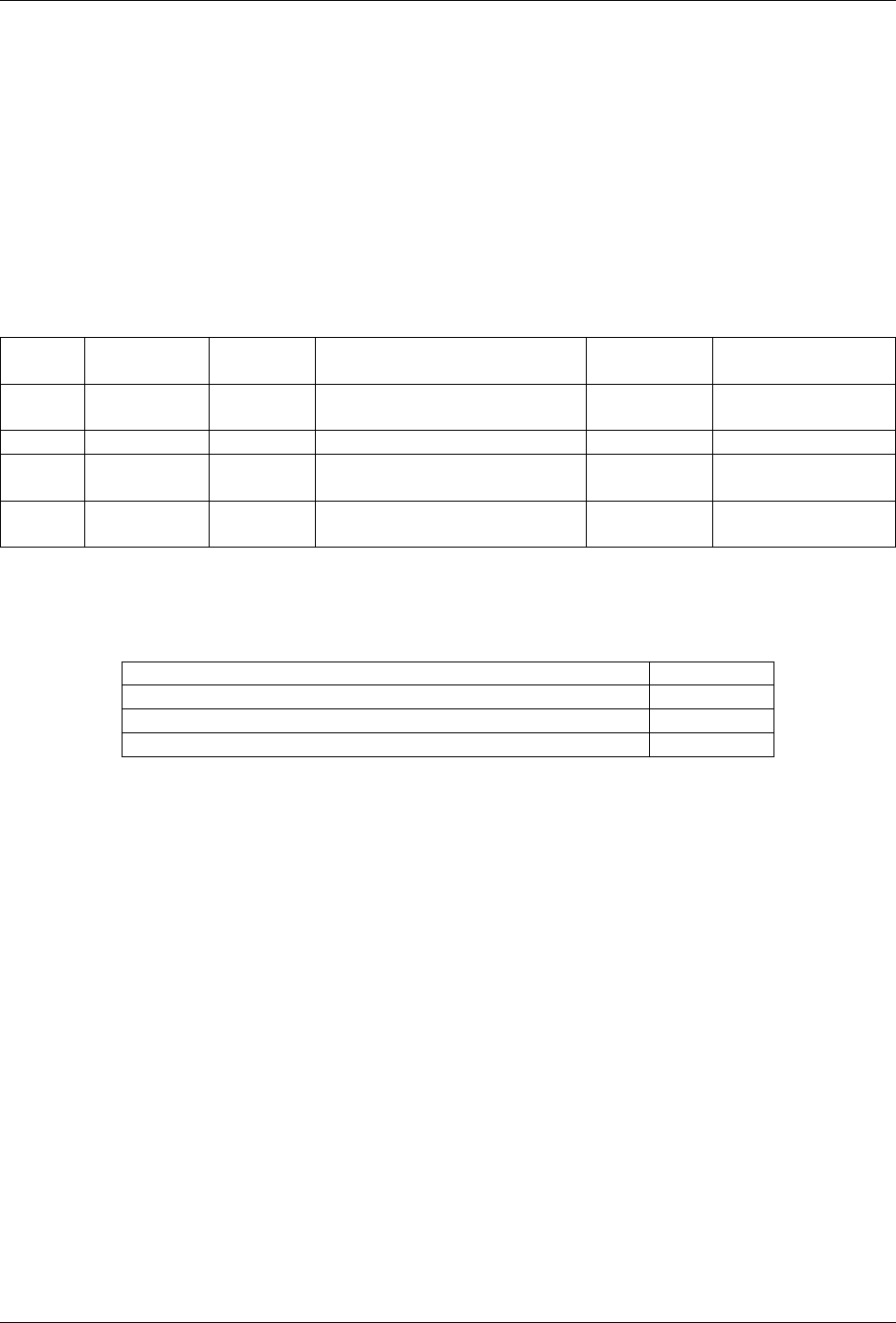
GeoServer User Manual, Release 2.15.1
raw
The raw parameter specifies whether to forgo parsing and encoding of the uploaded style content. When
set to “true” the style payload will be streamed directly to GeoServer configuration. Use this setting if the
content and formatting of the style is to be preserved exactly. Use this setting with care as it may result in
an invalid and unusable style. The default is “false”.
/styles/<s>[.<format>]
Controls a given style.
Method Action Status
code
Formats Default For-
mat
Parameters
GET Return
style s
200 SLD, HTML, XML, JSON HTML quietOnNotFound
pretty
POST 405
PUT Modify
style s
200 SLD, XML, JSON, ZIP See
note above
raw
DELETE Delete style
s
200 purge recurse
Exceptions
Exception Status code
GET for a style that does not exist 404
PUT that changes name of style 403
DELETE against style which is referenced by existing layers 403
Parameters
purge
The purge parameter specifies whether the underlying SLD file for the style should be deleted on disk.
Allowable values for this parameter are “true” or “false”. When set to “true” the underlying file will be
deleted.
recurse
The recurse parameter removes references to the specified style in existing layers. Allowed values for
this parameter are “true” or “false”. The default value is “false”.
quietOnNotFound
The quietOnNotFound parameter avoids to log an Exception when the style is not present. Note that 404
status code will be returned anyway.
1364 Chapter 12. REST
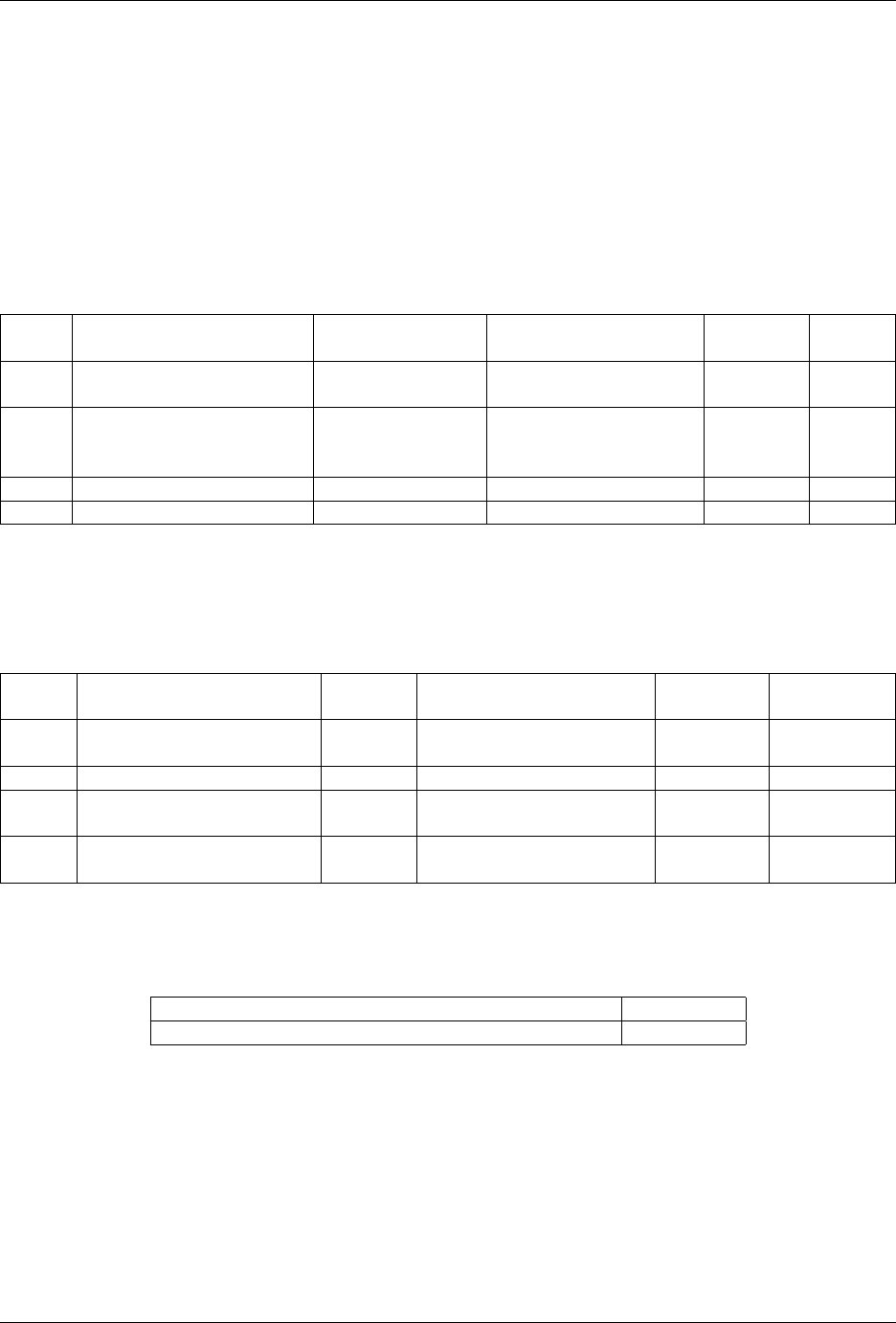
GeoServer User Manual, Release 2.15.1
pretty
The pretty parameter returns the style in a human-readable format, with proper whitespace and indenta-
tion. This parameter has no effect if you request a style in its native format - in this case the API returns the
exact content of the underlying file. The HTML, XML, and JSON formats do not support this parameter.
/workspaces/<ws>/styles[.<format>]
Controls all styles in a given workspace.
Method Action Status code Formats Default
Format
Param-
eters
GET Return all styles within
workspace ws
200 HTML, XML, JSON HTML
POST Create a new style within
workspace ws
201 with
Location
header
SLD, XML, JSON, ZIP
See note above
name
raw
PUT 405
DELETE 405 purge
/workspaces/<ws>/styles/<s>[.<format>]
Controls a particular style in a given workspace.
Method Action Status
code
Formats Default
Format
Parameters
GET Return style swithin
workspace ws
200 SLD, HTML, XML, JSON HTML quietOnNot-
Found
POST 405
PUT Modify style swithin
workspace ws
200 SLD, XML, JSON, ZIP See
note above
raw
DELETE Delete style swithin
workspace ws
200
Exceptions
Exception Status code
GET for a style that does not exist for that workspace 404
Layers
Alayer is a published resource (feature type or coverage).
/layers[.<format>]
Controls all layers.
12.2. Examples 1365
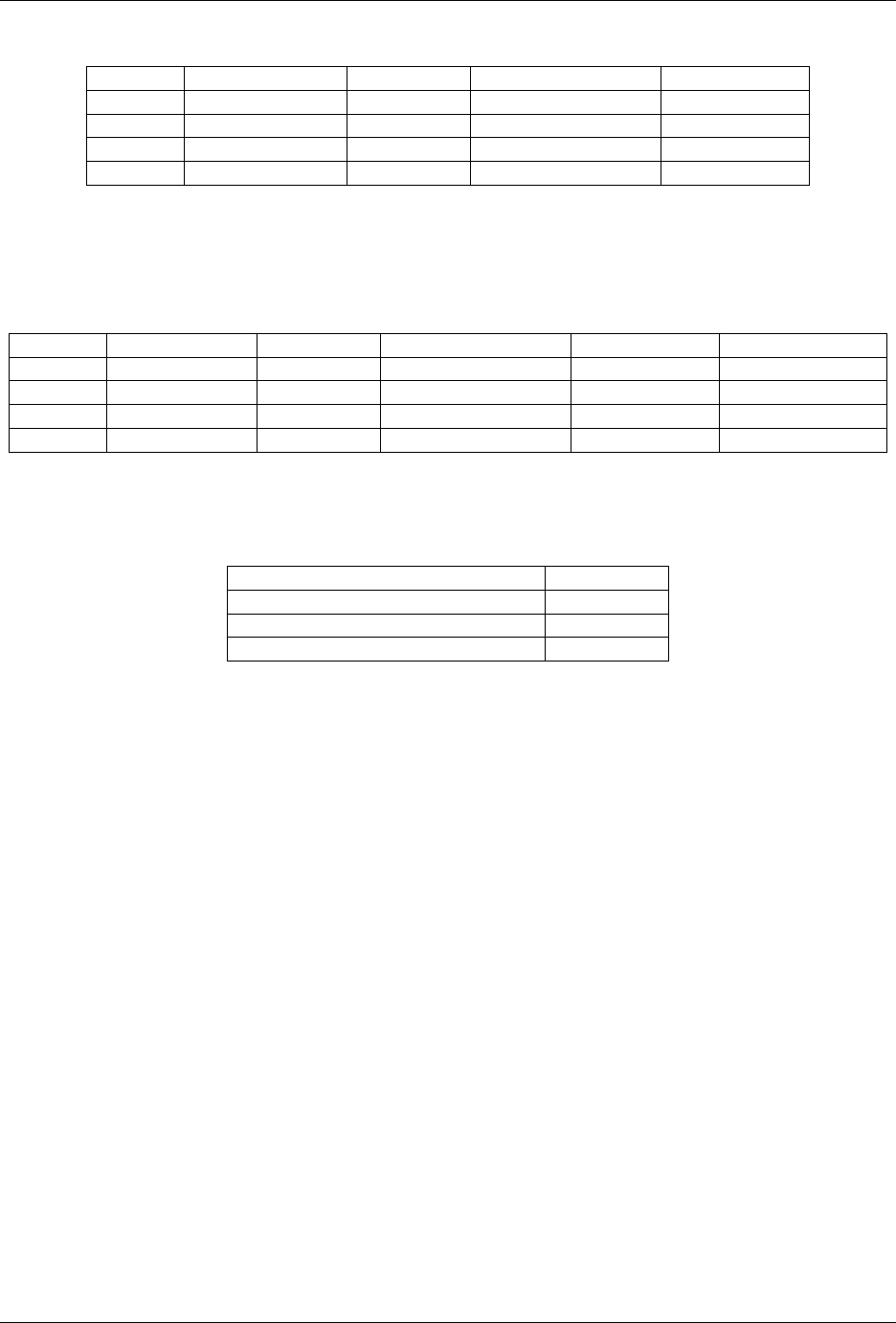
GeoServer User Manual, Release 2.15.1
Method Action Status code Formats Default Format
GET Return all layers 200 HTML, XML, JSON HTML
POST 405
PUT 405
DELETE 405
/layers/<l>[.<format>]
Controls a particular layer.
Method Action Status code Formats Default Format Parameters
GET Return layer l200 HTML, XML, JSON HTML quietOnNotFound
POST 405
PUT Modify layer l200 XML,JSON
DELETE Delete layer l200 recurse
Exceptions
Exception Status code
GET for a layer that does not exist 404
PUT that changes name of layer 403
PUT that changes resource of layer 403
Parameters
recurse
The recurse parameter recursively deletes all styles referenced by the specified layer. Allowed values for
this parameter are “true” or “false”. The default value is “false”.
quietOnNotFound
The quietOnNotFound parameter avoids to log an Exception when the layer is not present. Note that 404
status code will be returned anyway.
/layers/<l>/styles[.<format>]
Controls all styles in a given layer.
1366 Chapter 12. REST
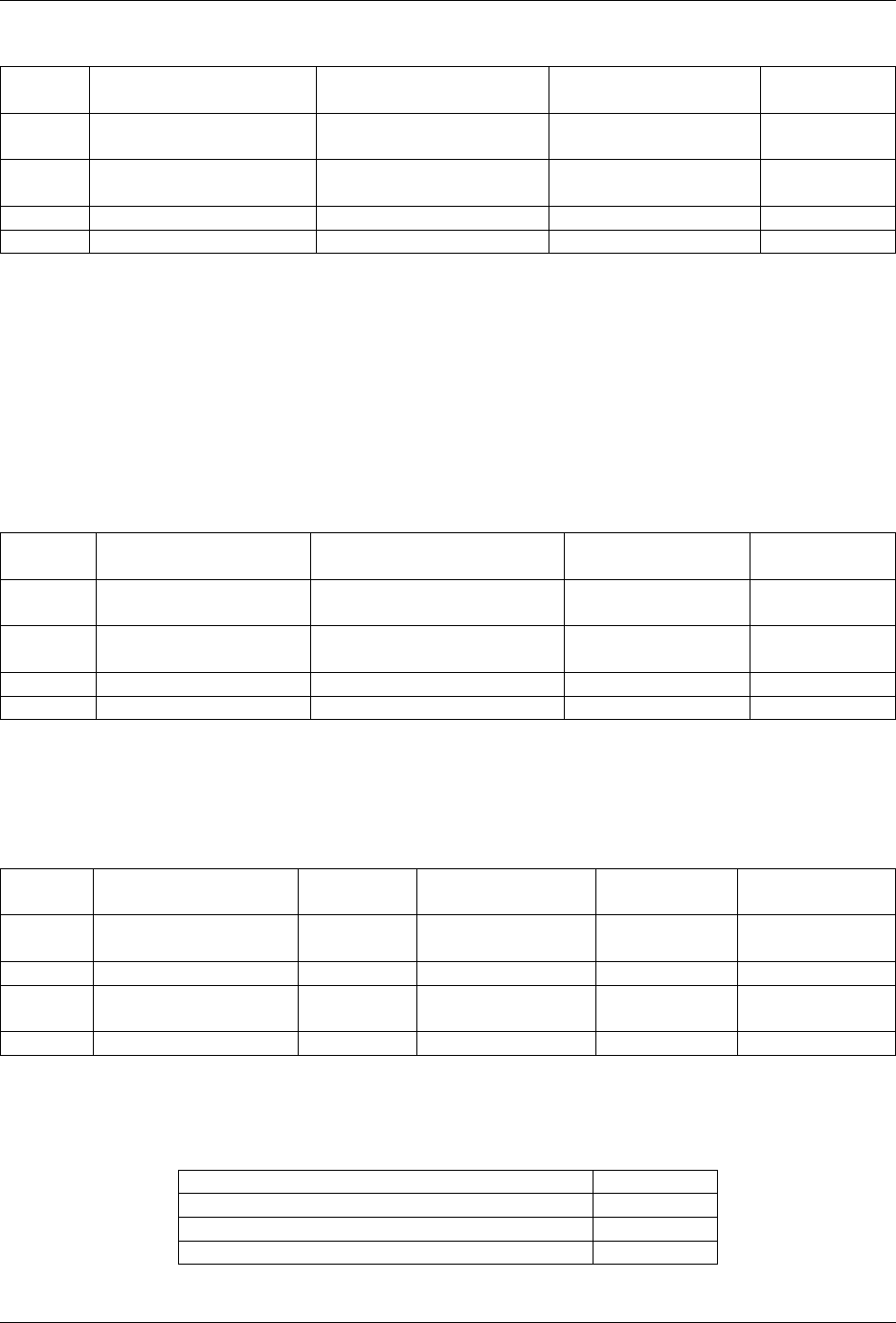
GeoServer User Manual, Release 2.15.1
Method Action Status code Formats Default For-
mat
GET Return all styles for
layer l
200 SLD, HTML, XML,
JSON
HTML
POST Add a new style to layer
l
201, with Location
header
XML, JSON
PUT 405
DELETE 405
Layer groups
Alayer group is a grouping of layers and styles that can be accessed as a single layer in a WMS GetMap
request. A layer group is sometimes referred to as a “base map”.
/layergroups[.<format>]
Controls all layer groups.
Method Action Status code Formats Default For-
mat
GET Return all layer
groups
200 HTML, XML,
JSON
HTML
POST Add a new layer
group
201, with Location
header
XML,JSON
PUT 405
DELETE 405
/layergroups/<lg>[.<format>]
Controls a particular layer group.
Method Action Status
code
Formats Default For-
mat
Parameters
GET Return layer group
lg
200 HTML, XML,
JSON
HTML quietOnNot-
Found
POST 405
PUT Modify layer group
lg
200 XML,JSON
DELETE Delete layer group lg 200
Exceptions
Exception Status code
GET for a layer group that does not exist 404
POST that specifies layer group with no layers 400
PUT that changes name of layer group 403
12.2. Examples 1367
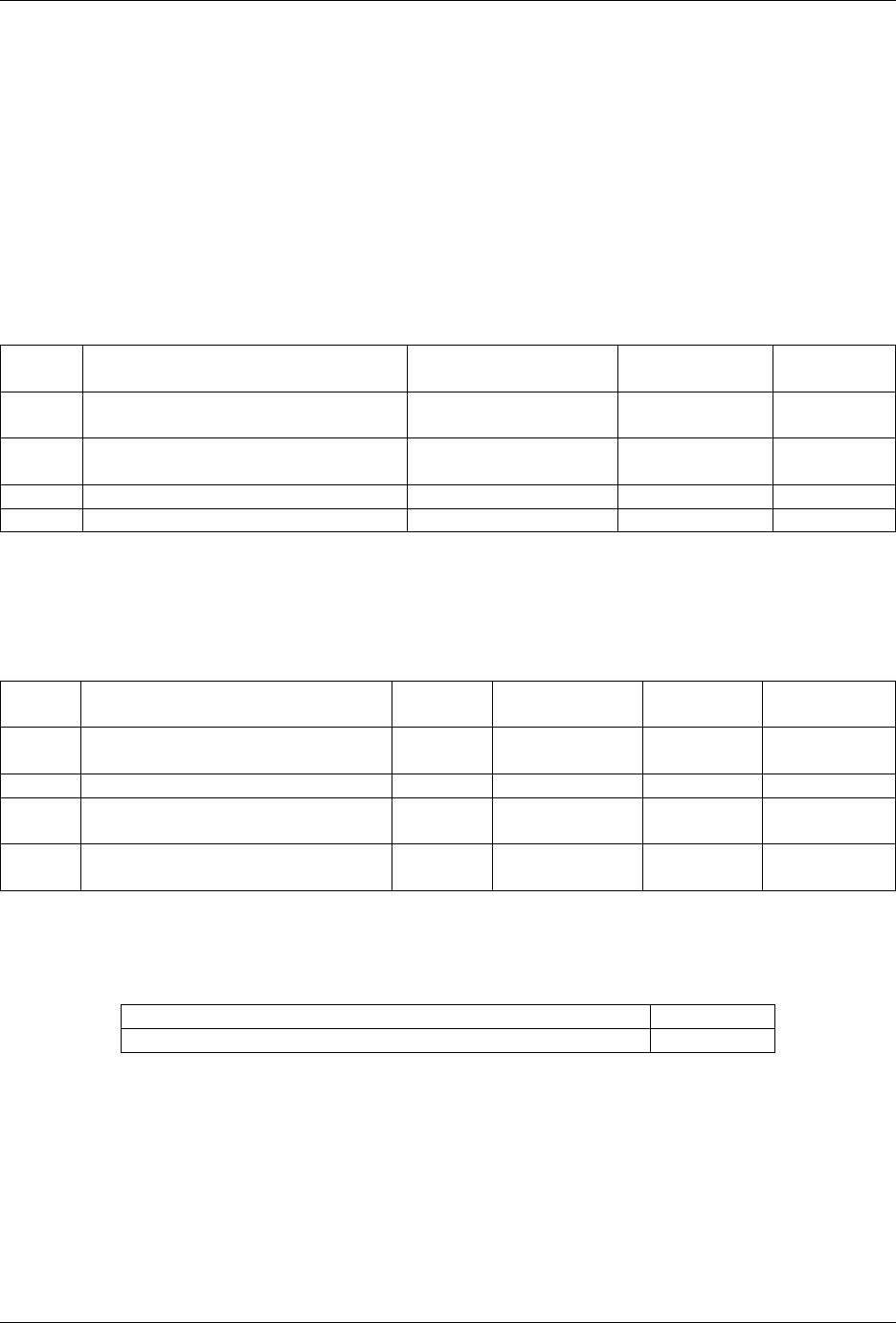
GeoServer User Manual, Release 2.15.1
Parameters
quietOnNotFound
The quietOnNotFound parameter avoids to log an Exception when the layergroup is not present. Note
that 404 status code will be returned anyway.
/workspaces/<ws>/layergroups[.<format>]
Controls all layer groups in a given workspace.
Method Action Status code Formats Default For-
mat
GET Return all layer groups within
workspace ws
200 HTML, XML,
JSON
HTML
POST Add a new layer group within
workspace ws
201, with Location
header
XML,JSON
PUT 405
DELETE 405
/workspaces/<ws>/layergroups/<lg>[.<format>]
Controls a particular layer group in a given workspace.
Method Action Status
code
Formats Default
Format
GET Return layer group lg within
workspace ws
200 HTML, XML,
JSON
HTML quietOnNot-
Found
POST 405
PUT Modify layer group lg within
workspace ws
200 XML,JSON
DELETE Delete layer group lg within
workspace ws
200
Exceptions
Exception Status code
GET for a layer group that does not exist for that workspace 404
Fonts
This operation provides the list of fonts available in GeoServer. It can be useful to use this operation to
verify if a font used in a SLD file is available before uploading the SLD.
1368 Chapter 12. REST
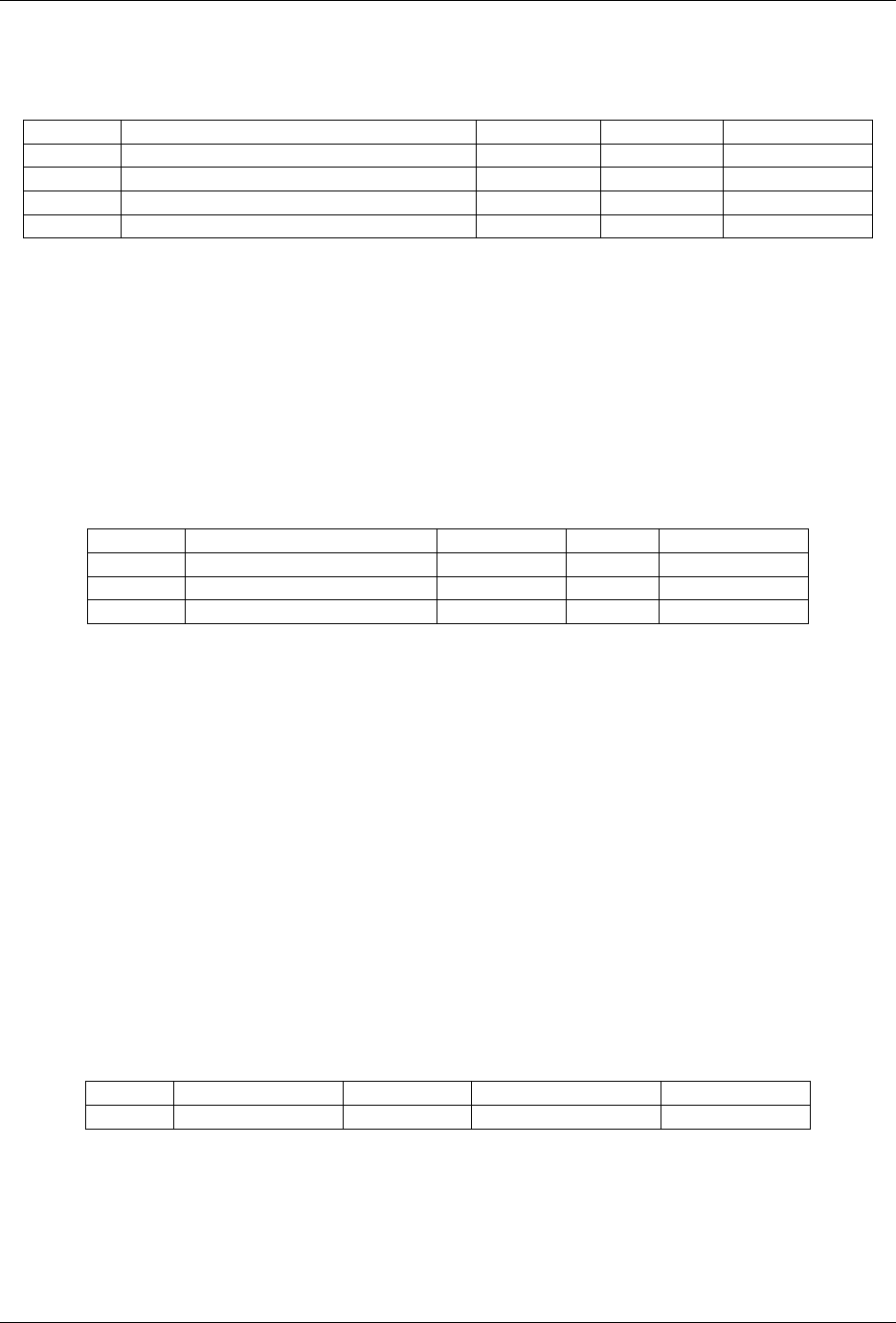
GeoServer User Manual, Release 2.15.1
/fonts[.<format>]
Method Action Status code Formats Default Format
GET Return the fonts available in GeoServer 200 XML, JSON XML
POST 405
PUT 405
DELETE 405
Freemarker templates
Freemarker is a simple yet powerful template engine that GeoServer uses for user customization of outputs.
It is possible to use the GeoServer REST API to manage Freemarker templates for catalog resources.
/templates/<template>.ftl
This endpoint manages a template that is global to the entire catalog.
Method Action Status Code Formats Default Format
GET Return a template 200
PUT Insert or update a template 405
DELETE Delete a template 405
Identical operations apply to the following endpoints:
• Workspace templates—/workspaces/<ws>/templates/<template>.ftl
• Vector store templates—/workspaces/<ws>/datastores/<ds>/templates/<template>.
ftl
• Feature type templates—/workspaces/<ws>/datastores/<ds>/featuretypes/<f>/
templates/<template>.ftl
• Raster store templates—/workspaces/<ws>/coveragestores/<cs>/templates/
<template>.ftl
• Coverage templates—/workspaces/<ws>/coveragestores/<cs>/coverages/<c>/
templates/<template>.ftl
/templates[.<format>]
This endpoint manages all global templates.
Method Action Status Code Formats Default Format
GET Return templates 200 HTML, XML, JSON HTML
Identical operations apply to the following endpoints:
• Workspace templates—/workspaces/<ws>/templates[.<format>]
• Vector store templates—/workspaces/<ws>/datastores/<ds>/templates[.<format>]
12.2. Examples 1369
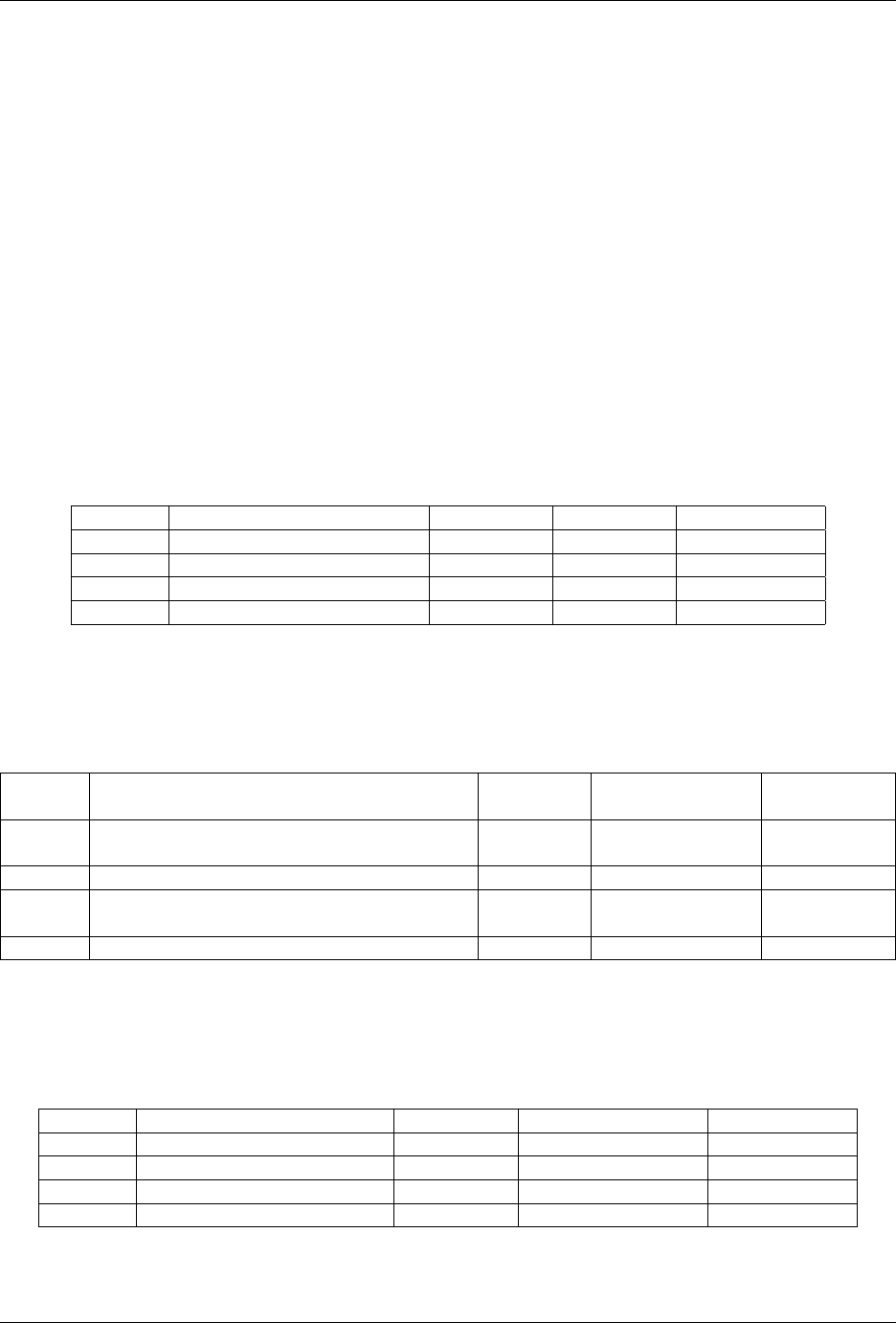
GeoServer User Manual, Release 2.15.1
• Feature type templates—/workspaces/<ws>/datastores/<ds>/featuretypes/<f>/
templates[.<format>]
• Raster store templates—/workspaces/<ws>/coveragestores/<cs>/templates[.
<format>]
• Coverage templates—/workspaces/<ws>/coveragestores/<cs>/coverages/<c>/
templates[.<format>]
OWS Services
GeoServer includes several types of OGC services like WCS, WFS and WMS, commonly referred to as
“OWS” services. These services can be global for the whole GeoServer instance or local to a particular
workspace. In this last case, they are called virtual services.
/services/wcs/settings[.<format>]
Controls Web Coverage Service settings.
Method Action Status code Formats Default Format
GET Return global WCS settings 200 XML, JSON HTML
POST 405
PUT Modify global WCS settings 200
DELETE 405
/services/wcs/workspaces/<ws>/settings[.<format>]
Controls Web Coverage Service settings for a given workspace.
Method Action Status
code
Formats Default For-
mat
GET Return WCS settings for workspace ws 200 HTML, XML,
JSON
HTML
POST 405
PUT Create or modify WCS settings for
workspace ws
200 XML,JSON
DELETE Delete WCS settings for workspace ws 200
/services/wfs/settings[.<format>]
Controls Web Feature Service settings.
Method Action Status code Formats Default Format
GET Return global WFS settings 200 HTML, XML, JSON HTML
POST 405
PUT Modify global WFS settings 200 XML,JSON
DELETE 405
1370 Chapter 12. REST
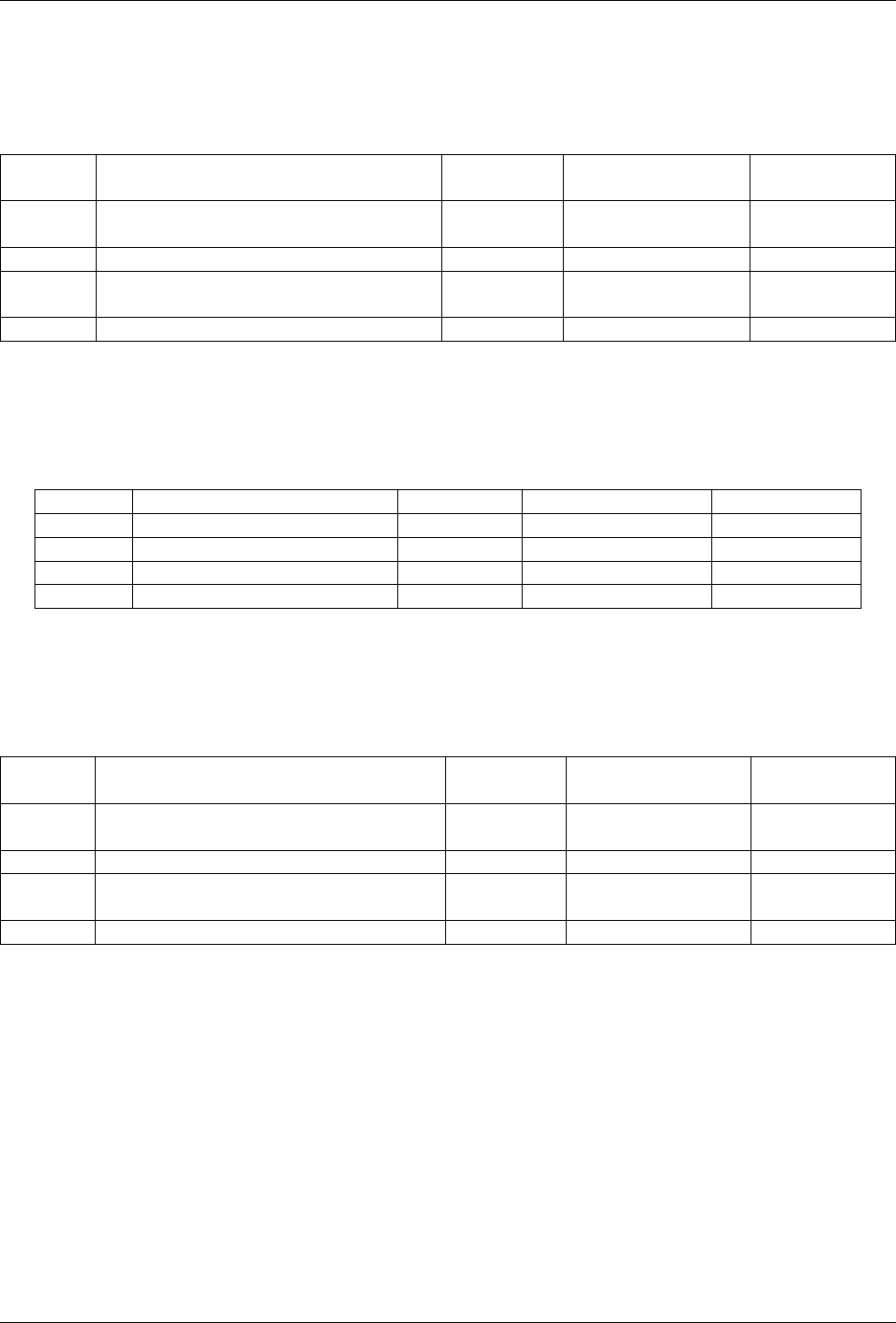
GeoServer User Manual, Release 2.15.1
/services/wfs/workspaces/<ws>/settings[.<format>]
Controls Web Feature Service settings for a given workspace.
Method Action Status
code
Formats Default For-
mat
GET Return WFS settings for workspace ws 200 HTML, XML,
JSON
HTML
POST 405
PUT Modify WFS settings for workspace
ws
200 XML,JSON
DELETE Delete WFS settings for workspace ws 200
/services/wms/settings[.<format>]
Controls Web Map Service settings.
Method Action Status code Formats Default Format
GET Return global WMS settings 200 HTML, XML, JSON HTML
POST 405
PUT Modify global WMS settings 200 XML,JSON
DELETE 405
/services/wms/workspaces/<ws>/settings[.<format>]
Controls Web Map Service settings for a given workspace.
Method Action Status
code
Formats Default For-
mat
GET Return WMS settings for workspace
ws
200 HTML, XML,
JSON
HTML
POST 405
PUT Modify WMS settings for workspace
ws
200 XML,JSON
DELETE Delete WMS settings for workspace ws 200
Reloading configuration
Reloads the GeoServer catalog and configuration from disk. This operation is used in cases where an
external tool has modified the on-disk configuration. This operation will also force GeoServer to drop any
internal caches and reconnect to all data stores.
12.2. Examples 1371
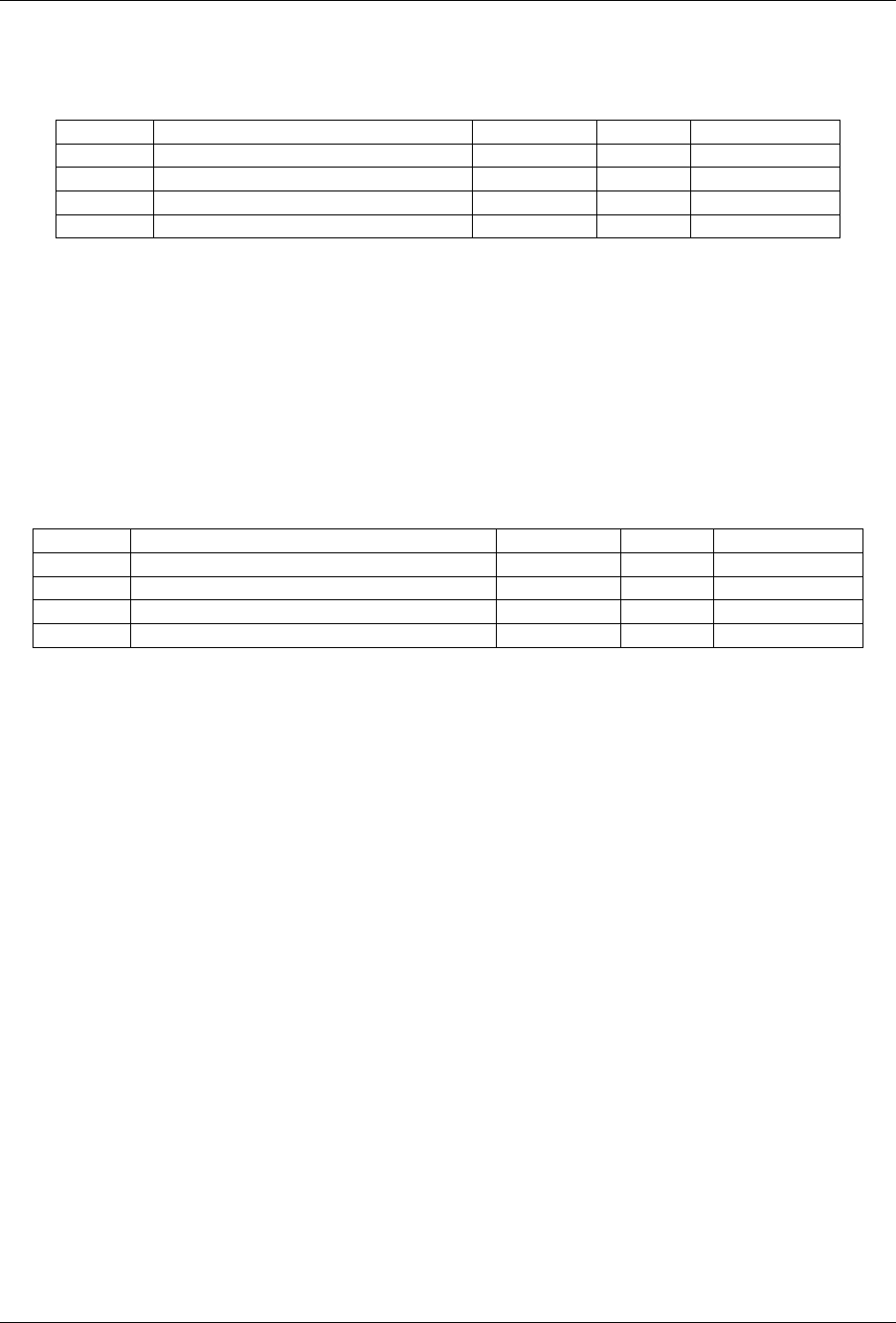
GeoServer User Manual, Release 2.15.1
/reload
Method Action Status code Formats Default Format
GET 405
POST Reload the configuration from disk 200
PUT Reload the configuration from disk 200
DELETE 405
Resource reset
Resets all store, raster, and schema caches. This operation is used to force GeoServer to drop all caches and
store connections and reconnect to each of them the next time they are needed by a request. This is useful
in case the stores themselves cache some information about the data structures they manage that may have
changed in the meantime.
/reset
Method Action Status code Formats Default Format
GET 405
POST Reset all store, raster, and schema caches 200
PUT Reset all store, raster, and schema caches 200
DELETE 405
Manifests
GeoServer provides a REST service to expose a listing of all loaded JARs and resources on the running
instance. This is useful for bug reports and to keep track of extensions deployed into the application. There
are two endpoints for accessing this information:
•about/manifest—Retrieves details on all loaded JARs
•about/version—Retrieves details for the high-level components: GeoSever, GeoTools, and GeoWe-
bCache
•about/status-Retrieves details for the status of all loaded and configured modules
/about/manifest[.<format>]
This endpoint retrieves details on all loaded JARs.
All the GeoServer manifest JARs are marked with the property GeoServerModule and classified by type,
so you can use filtering capabilities to search for a set of manifests using regular expressions (see the manifest
parameter) or a type category (see the key and value parameter).
The available types are core,extension, or community. To filter modules by a particular type, append
a request with key=GeoServerModule&value=<type>
1372 Chapter 12. REST
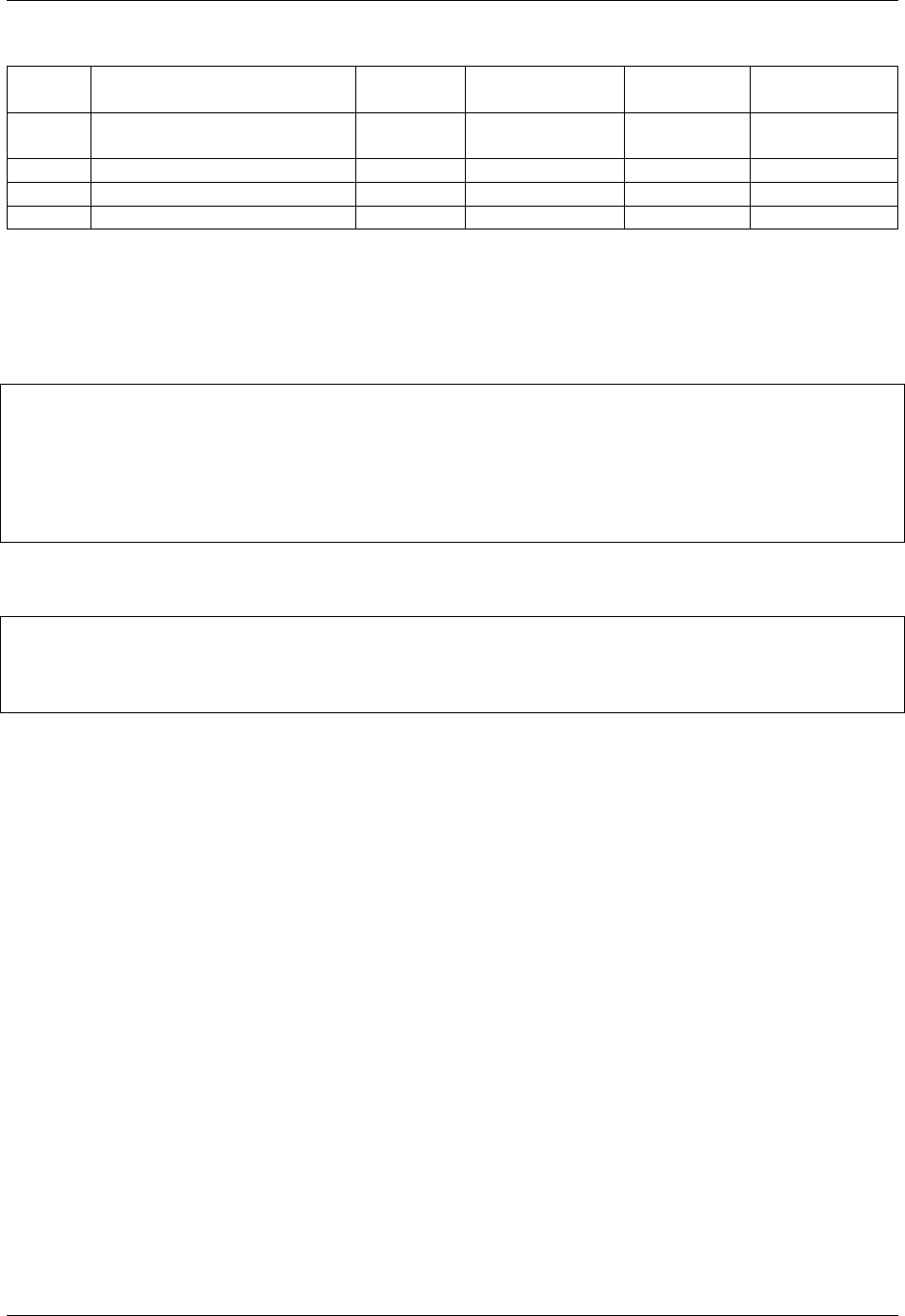
GeoServer User Manual, Release 2.15.1
Method Action Status
Code
Formats Default For-
mat
Parameters
GET List all manifests into the
classpath
200 HTML, XML,
JSON
HTML manifest,key,
value
POST 405
PUT 405
DELETE 405
Usage
The model is very simple and is shared between the version and the resource requests to parse both re-
quests.:
<about>
<resource name="{NAME}">
<{KEY}>{VALUE}</{KEY}>
...
</resource>
...
</about>
You can customize the results adding a properties file called manifest.properties into the root of the
data directory. Below is the default implementation that is used when no custom properties file is present:
resourceNameRegex=.+/(.*).(jar|war)
resourceAttributeExclusions=Import-Package,Export-Package,Class-Path,Require-Bundle
versionAttributeInclusions=Project-Version:Version,Build-Timestamp,Git-Revision,
Specification-Version:Version,Implementation-Version:Git-Revision
where:
•resourceNameRegex—Group(1) will be used to match the attribute name of the resource.
•resourceAttributeExclusions—Comma-separated list of properties to exclude (blacklist), used
to exclude parameters that are too verbose such that the resource properties list is left open. Users can
add their JARs (with custom properties) having the complete list of properties.
•versionAttributeInclusions—Comma-separated list of properties to include (whitelist). Also
supports renaming properties (using key:replace) which is used to align the output of the
versions request to the output of the web page. The model uses a map to store attributes, so the last
attribute found in the manifest file will be used.
manifest
The manifest parameter is used to filter over resulting resource (manifest) names attribute using Java
regular expressions.
key
The key parameter is used to filter over resulting resource (manifest) properties name. It can be combined
with the value parameter.
12.2. Examples 1373
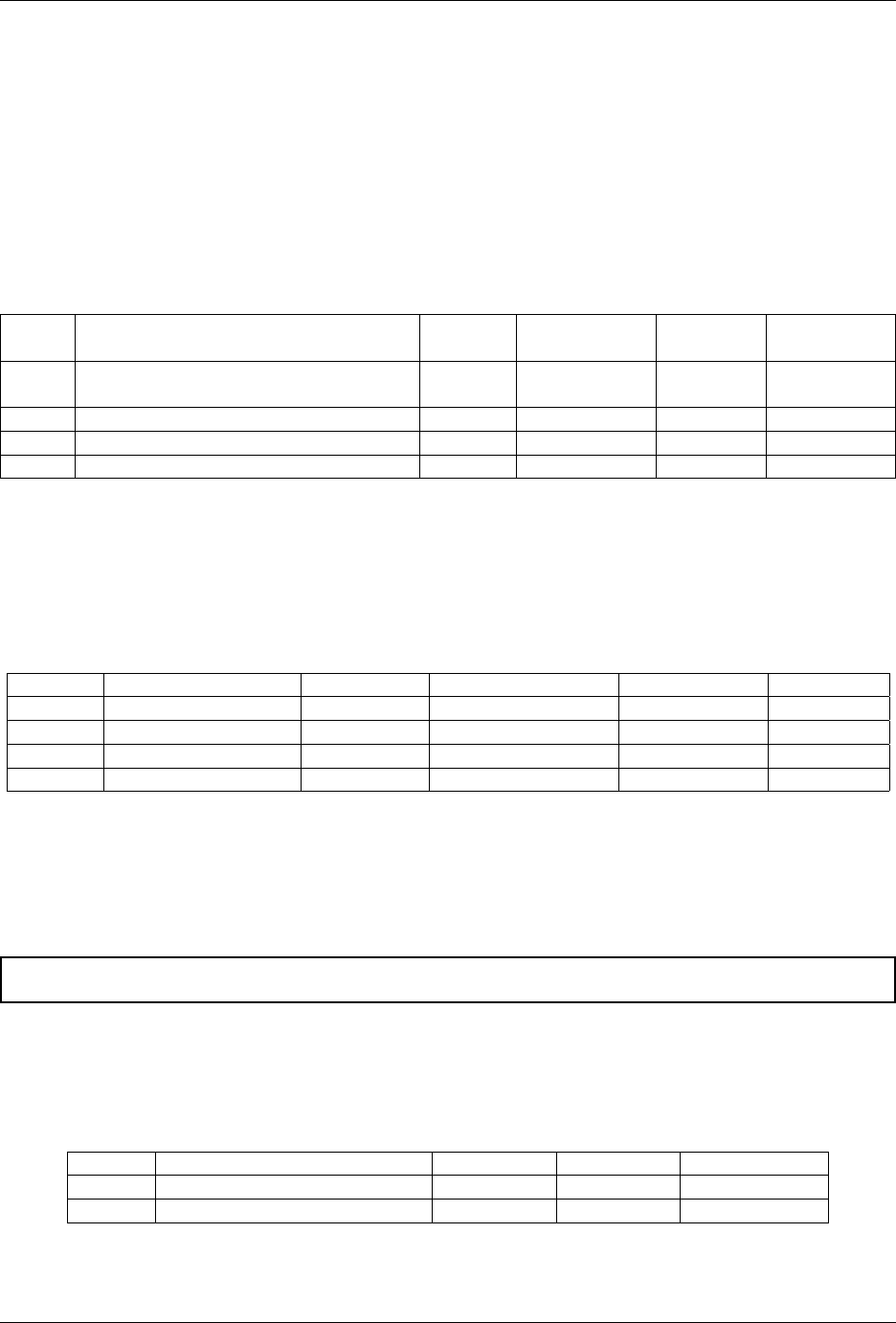
GeoServer User Manual, Release 2.15.1
value
The value parameter is used to filter over resulting resource (manifest) properties value. It can be com-
bined with the key parameter.
/about/version[.<format>]
This endpoint shows only the details for the high-level components: GeoServer, GeoTools, and GeoWeb-
Cache.
Method Action Status
Code
Formats Default
Format
Parameters
GET List GeoServer, GeoWebCache and
GeoTools manifests
200 HTML, XML,
JSON
HTML manifest,key,
value
POST 405
PUT 405
DELETE 405
/about/status[.<format>]
This endpoint shows the status details of all installed and configured modules.Status details always include
human readable name, and module name. Optional details include version, availability, status message,
and links to documentation.
Method Action Status Code Formats Default Format Parameters
GET List module statuses 200 HTML, XML, JSON HTML
POST 405
PUT 405
DELETE 405
Master Password
The master password is used to encrypt the GeoServer key store and for an emergency login using the
user root.
Warning: The use of HTTPS is recommended, otherwise all password are sent in plain text.
/security/masterpw[.<format>]
Fetches the master password and allows to change the master password
Method Action Status code Formats Default Format
GET Fetch the master password 200,403 XML, JSON
PUT Changes the master password 200,405,422 XML, JSON
Formats for PUT (master password change).
1374 Chapter 12. REST
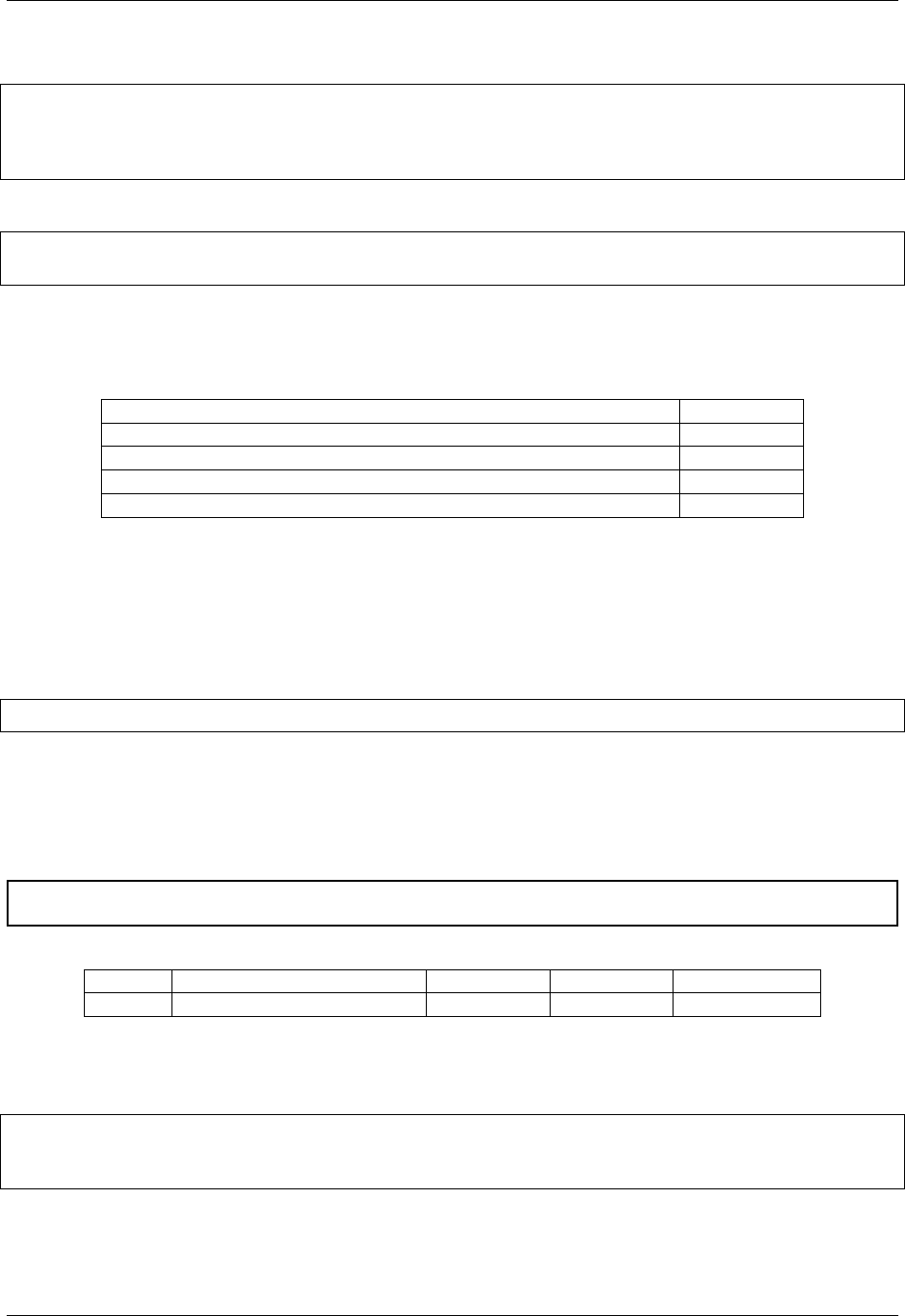
GeoServer User Manual, Release 2.15.1
XML
<masterPassword>
<oldMasterPassword>oldPassword</oldMasterPassword>
<newMasterPassword>newPassword</newMasterPassword>
</masterPassword>
JSON
{"oldMasterPassword":"oldPassword",
"newMasterPassword":"newPassword" }
Exceptions
Exception Status code
GET without administrative privileges 403
PUT without administrative privileges 405
PUT with the wrong current master password 422
PUT with a new master password rejected by the password policy 422
Self admin
Self admin operations allow a user to perform actions on the user’s own info.
Calls to the self admin operations are disabled by default. You’ll have to edit the rest.properties file
(more info at the REST services page) and add the line:
/rest/security/self/**;GET,POST,PUT,DELETE=ROLE_AUTHENTICATED
/security/self/password
Allows a user to change own password
Warning: The use of HTTPS is recommended, otherwise all password are sent in plain text.
Method Action Status code Formats Default Format
PUT Changes the user password 200,400,424 XML, JSON
Formats for PUT (password change).
XML
<userPassword>
<newPassword>newPassword</newPassword>
</userPassword>
JSON
12.2. Examples 1375
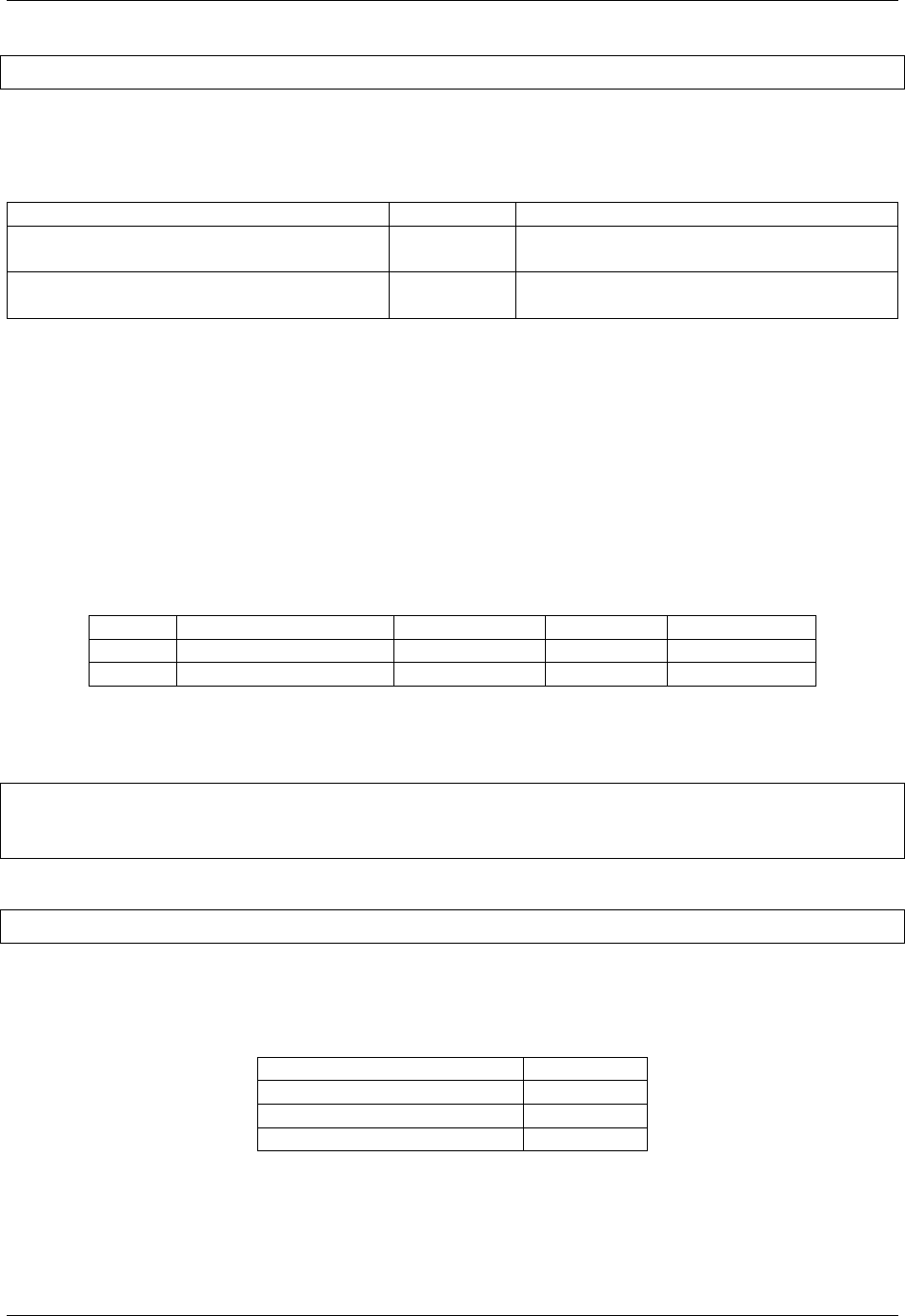
GeoServer User Manual, Release 2.15.1
{"newPassword":"newPassword" }
Exceptions
Exception Status code Error string (payload)
PUT with an invalid newPassword or bad
params
400 Missing 'newPassword'
PUT for user not updatable 424 User service does not support
changing pw
Access Control
/security/acl/catalog.<format>
Fetches the catalog mode and allows to change the catalog mode. The mode must be one of
• HIDE
• MIXED
• CHALLENGE
Method Action Status code Formats Default Format
GET Fetch the catalog mode 200,403 XML, JSON
PUT Set the catalog mode 200,403,404,422 XML, JSON
Formats:
XML
<catalog>
<mode>HIDE</mode>
</catalog>
JSON
{"mode":"HIDE" }
Exceptions
Exception Status code
No administrative privileges 403
Malformed request 404
Invalid catalog mode 422
1376 Chapter 12. REST
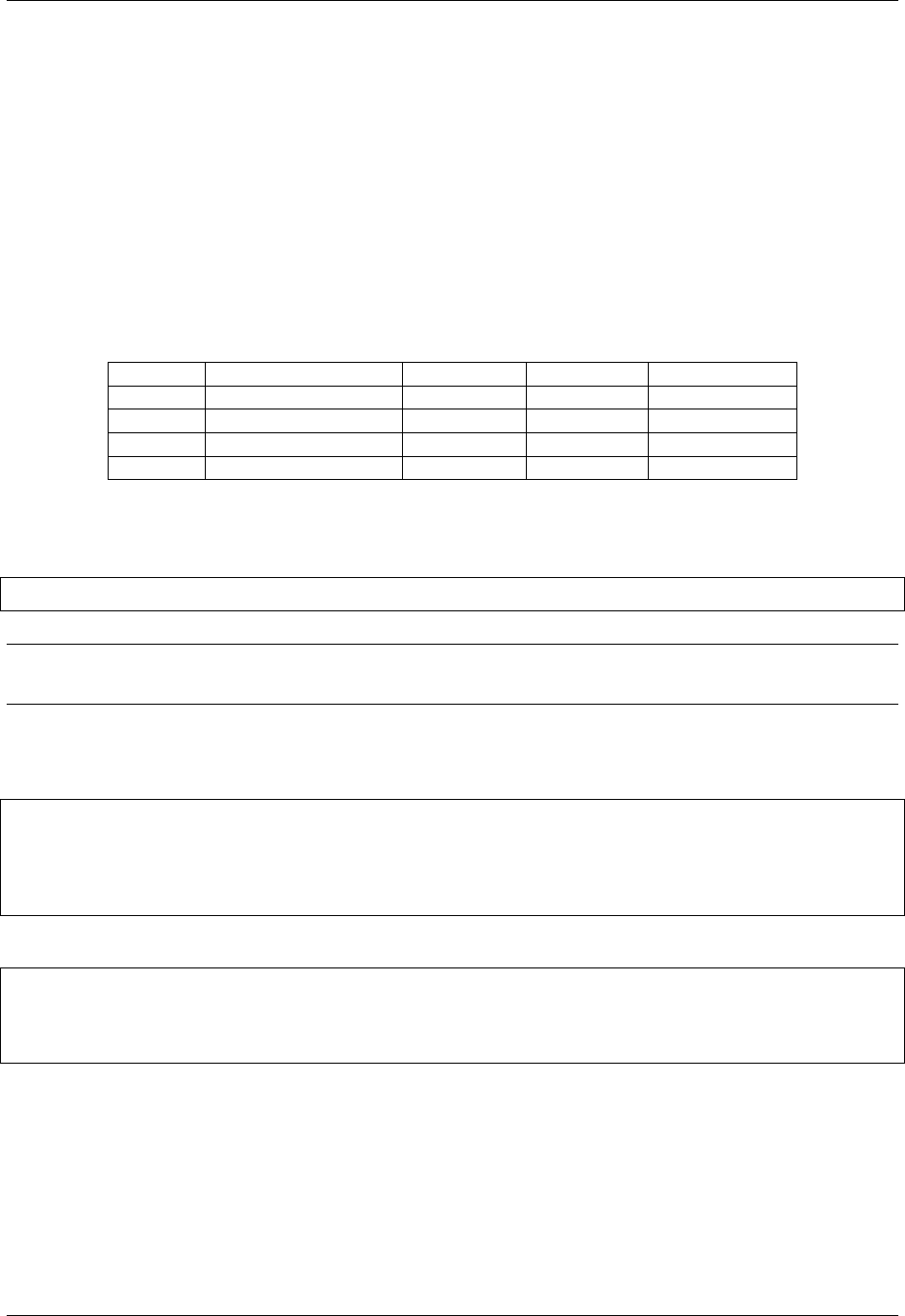
GeoServer User Manual, Release 2.15.1
/security/acl/layers.<format>
/security/acl/services.<format>
/security/acl/rest.<format>
API for administering access control for
• Layers
• Services
• The REST API
Method Action Status code Formats Default Format
GET Fetch all rules 200,403 XML, JSON
POST Add a set of rules 200,403,409 XML, JSON
PUT Modify a set of rules 200,403,409 XML, JSON
DELETE Delete a specific rule 200,404,409 XML, JSON
Format for DELETE:
The specified rule has to be the last part in the URI:
/security/acl/layers/*.*.r
Note: Slashes (“/”) in a rule name must be encoded with %2F. The REST rule /**;GET must be encoded to
/security/acl/rest/%2F**;GET
Formats for GET,POST and PUT:
XML
<?xml version="1.0" encoding="UTF-8"?>
<rules>
<rule resource="*.*.r">*</rule>
<rule resource="myworkspace.*.w">ROLE_1,ROLE_2</rule>
</rules>
JSON
{
"*.*.r":"*",
"myworkspace".*.w": "ROLE_1,ROLE_2"
}
The resource attribute specifies a rule. There are three different formats.
• For layers: <workspace>.<layer>.<access>. The asterisk is a wild card for <workspace> and <layer>.
<access> is one of r(read), w(write) or a(administer).
• For services: <service>.<method>. The asterisk is a wild card wild card for <service> and <method>.
Examples:
–wfs.GetFeature
–wfs.GetTransaction
12.2. Examples 1377
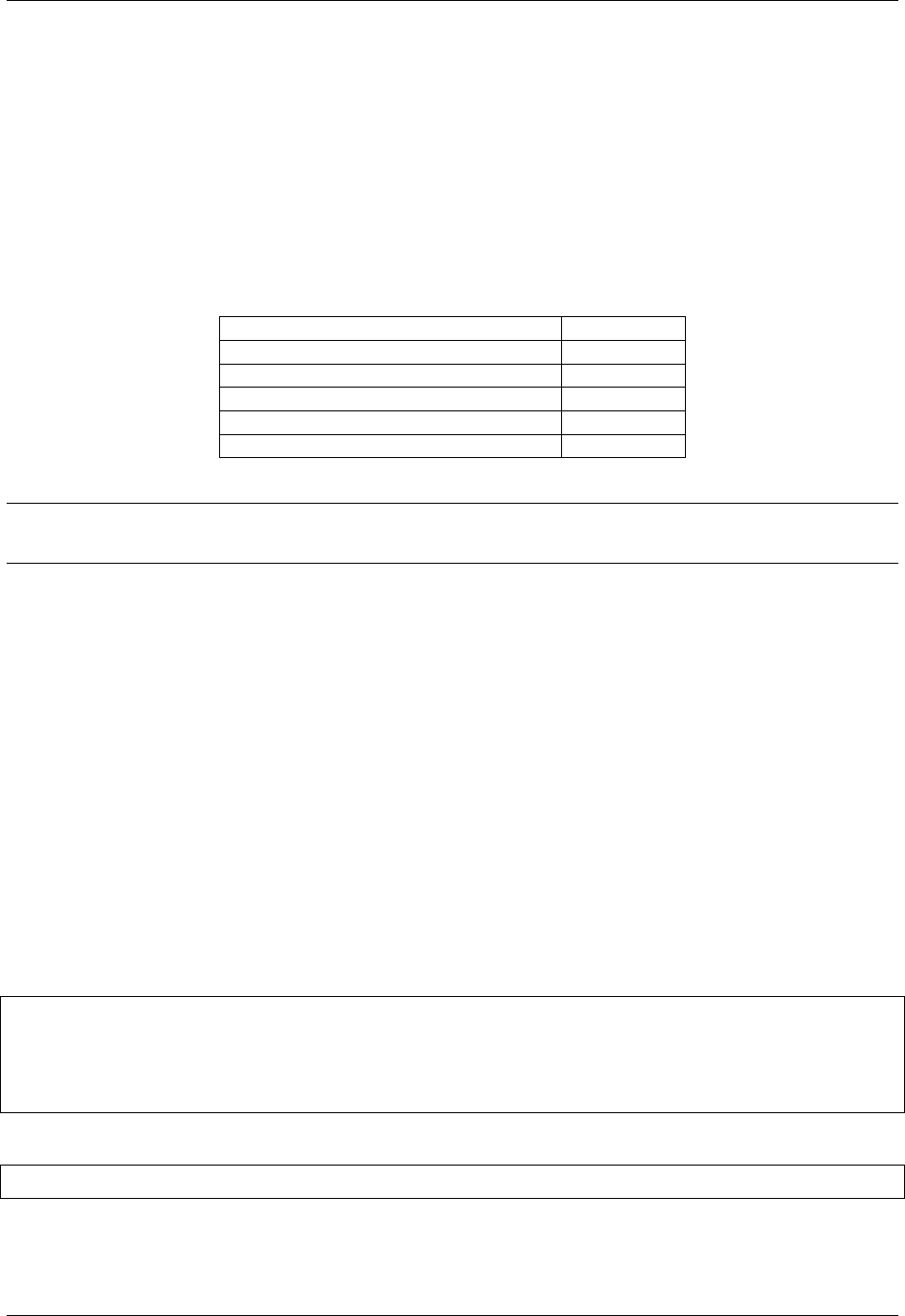
GeoServer User Manual, Release 2.15.1
–wfs.*
• For REST: <URL Ant pattern>;<comma separated list of HTTP methods>. Examples:
–/**;GET
–/**;POST,DELETE,PUT
The content of a rule element is a comma separated list of roles or the asterisk.
Exceptions
Exception Status code
No administrative privileges 403
POST, adding an already existing rule 409
PUT, modifying a non existing rule 409
DELETE, Deleting a non existing rule 409
Invalid rule specification 422
Note: When adding a set of rules and only one role does already exist, the whole request is aborted. When
modifying a set of rules and only one role does not exist, the whole request is aborted too.
Users/Groups and Roles
Security
The Users/Groups and Roles Rest API is only accessible to users with the role ROLE_ADMIN.
Input/Output
Data Object Transfer
Both XML and JSON are supported for transfer of data objects. The default is XML. Alternatively, JSON
may be used by setting the ‘content-type’ (POST) and ‘accept’ (GET) http headers to ‘application/json’ in
your requests.
Encoding of a user in XML:
<user>
<userName>..</userName>
<password>..</password>
<enabled>true/false</enabled>
</user>
Encoding of a user in JSON:
{"userName":"..","password":"..", enabled: true/false}
Passwords are left out in results of reading requests.
Encoding of a list of users in XML:
1378 Chapter 12. REST
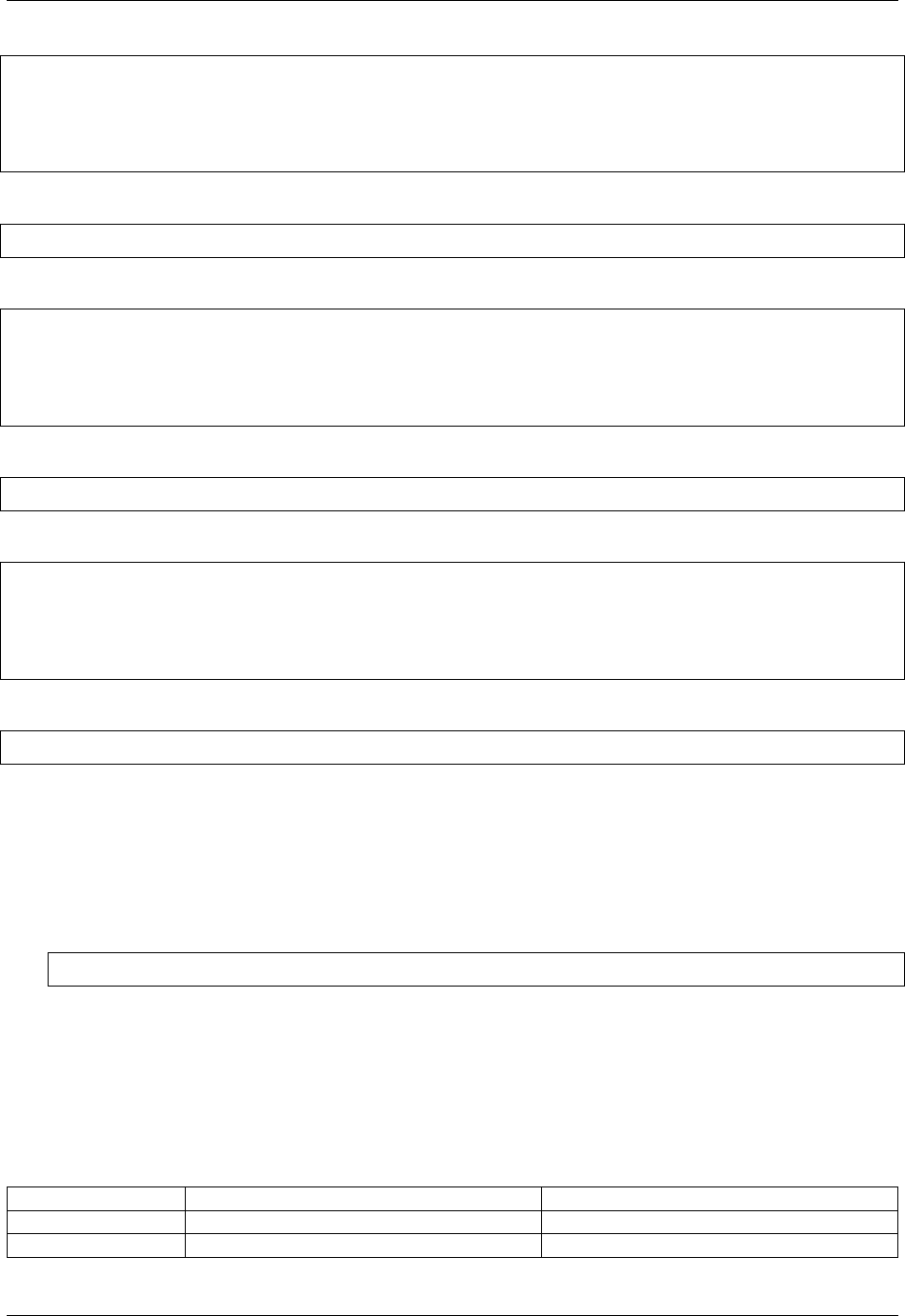
GeoServer User Manual, Release 2.15.1
<users>
<user> ... </user>
<user> ... </user>
...
</users>
Encoding of a list of users in JSON:
{"users":[ {..}, {..}, .. ]}
Encoding of a list of groups in XML:
<groups>
<group>agroupname </group>
<group>bgroupname </group>
...
</groups>
Encoding of a list of groups in JSON:
{"groups":[ {..}, {..}, .. ]}
Encoding of a list of roles:
<roles>
<role>arolename </role>
<role>brolename </role>
...
</roles>
Encoding of a list of roles in JSON:
{"roles":[ {..}, {..}, .. ]}
Configuration
The default user/group service is by default the service named “default”. This can be altered in the follow-
ing manner:
1. Start geoserver with the following java system property present:
org.geoserver.rest.DefaultUserGroupServiceName=<name_of_usergroupservice>
Requests
/rest/usergroup/[service/<serviceName>/]users/
Query all users or add a new user in a particular or the default user/group service.
Method Action Response
GET List all users in service. 200 OK. List of users in XML.
POST Add a new user 201 Inserted. Created ID header.
12.2. Examples 1379
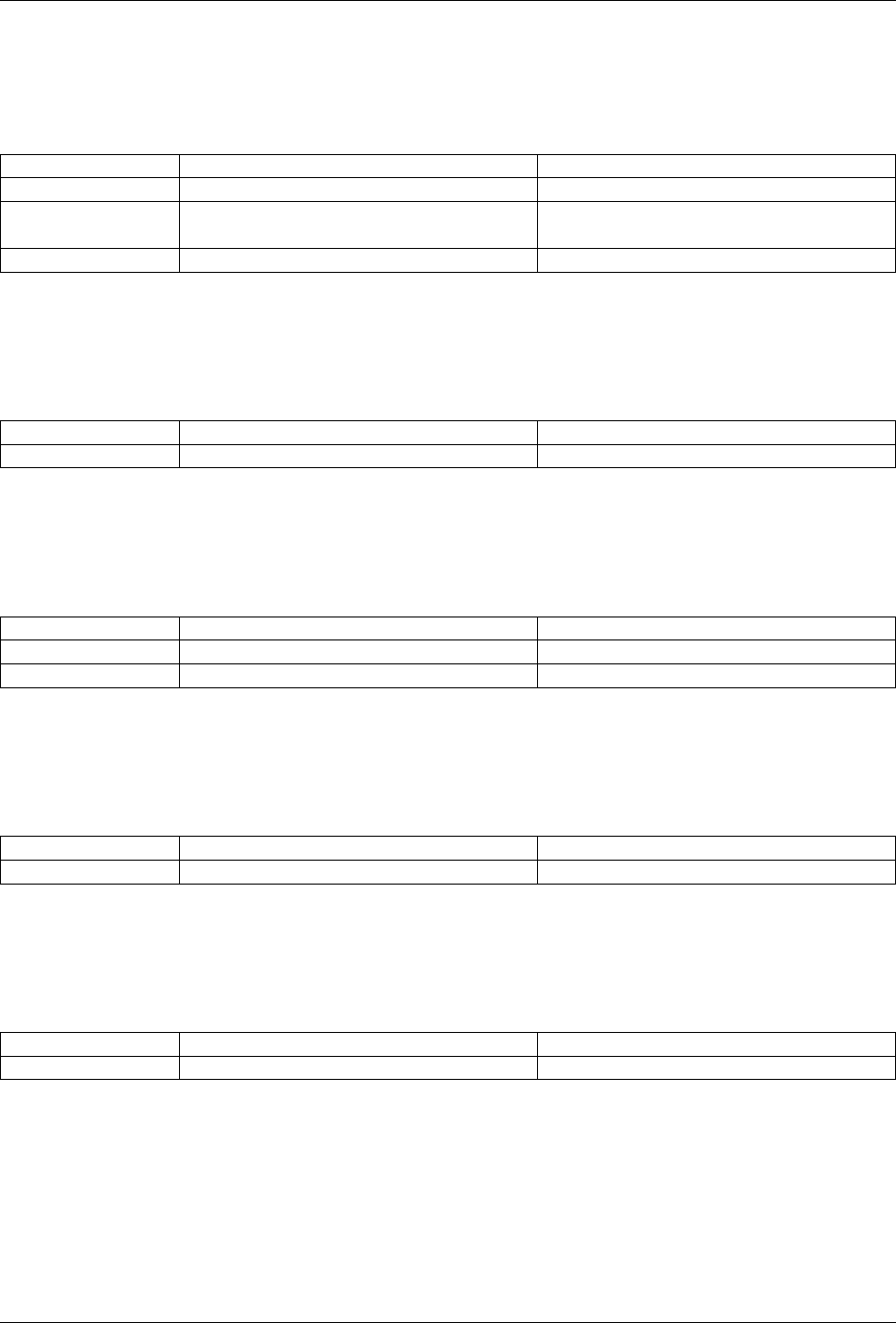
GeoServer User Manual, Release 2.15.1
/rest/usergroup/[service/<serviceName>/]user/<user>
Query, modify or delete a specific user in a particular or the default user/group service.
Method Action Response
GET Read user information 200 OK. User in XML.
POST Modify the user, unspecified fields re-
main unchanged.
200 OK.
DELETE Delete the user 200 OK.
/rest/usergroup/[service/<serviceName>/]groups/
Query all groups in a particular user/group or the default service.
Method Action Response
GET List all groups in service. 200 OK. List of groups in XML.
/rest/usergroup/[service/<serviceName>/]group/<group>
Add or delete a specific group in a particular or the default user/group service.
Method Action Response
POST Add the group. 200 OK.
DELETE Delete the group. 200 OK.
/rest/usergroup/[service/<serviceName>/]user/<user>/groups
Query all groups associated with a user in a particular or the default user/group service.
Method Action Response
GET List all groups associated with user. 200 OK. List of groups in XML.
/rest/usergroup/[service/<serviceName>/]group/<group>/users
Query all users associated with a group in a particular or the default user/group service.
Method Action Response
GET List all users associated with group. 200 OK. List of groups in XML.
/rest/usergroup/[service/<serviceName>/]<user>/group/<group>
Associate or disassociate a specific user with a specific group in a particular or the default user/group
service.
1380 Chapter 12. REST
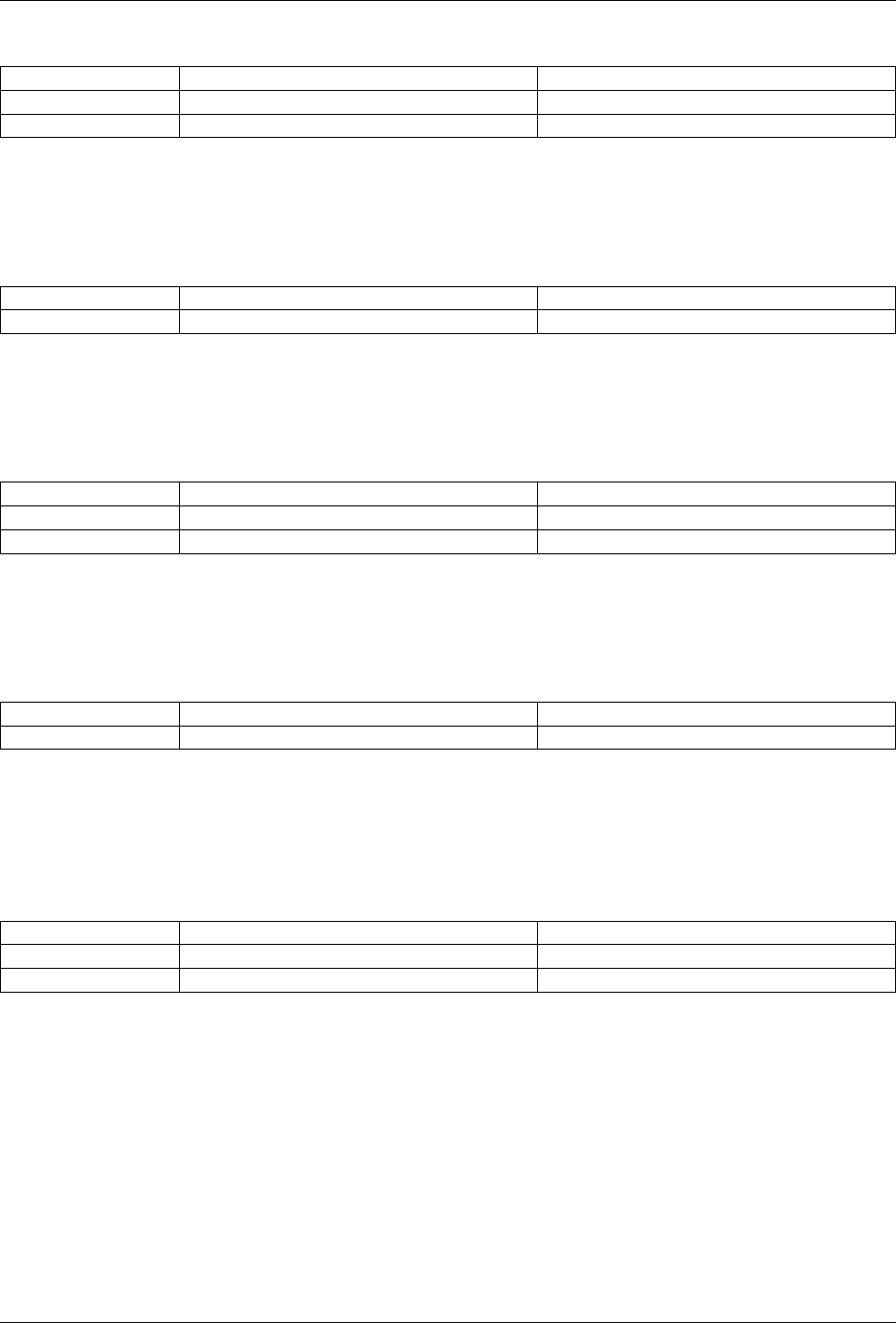
GeoServer User Manual, Release 2.15.1
Method Action Response
POST Associate the user with the group. 200 OK.
DELETE Disassociate the user from the group. 200 OK.
rest/roles/[service/{serviceName}/]
Query all roles in a particular role service or the active role service.
Method Action Response
GET List all roles in service. 200 OK. List of roles in XML.
/rest/roles/[service/<serviceName>/]role/<role>
Add or delete a specific role in a particular role service or the active role service.
Method Action Response
POST Add the role. 200 OK.
DELETE Delete the role. 200 OK.
/rest/roles/[service/<serviceName>/]<serviceName>/user/<user>/roles
Query all roles associated with a user in a particular role service or the active role service.
Method Action Response
GET List all roles associated with user. 200 OK. List of roles in XML.
/rest/roles/[service/<serviceName>/]role/<role>/user/<user>/
Associate or disassociate a specific user with a specific role in a particular role service or the active role
service.
Method Action Response
POST Associate the user with the role. 200 OK.
DELETE Disassociate the user from the role. 200 OK.
12.2. Examples 1381
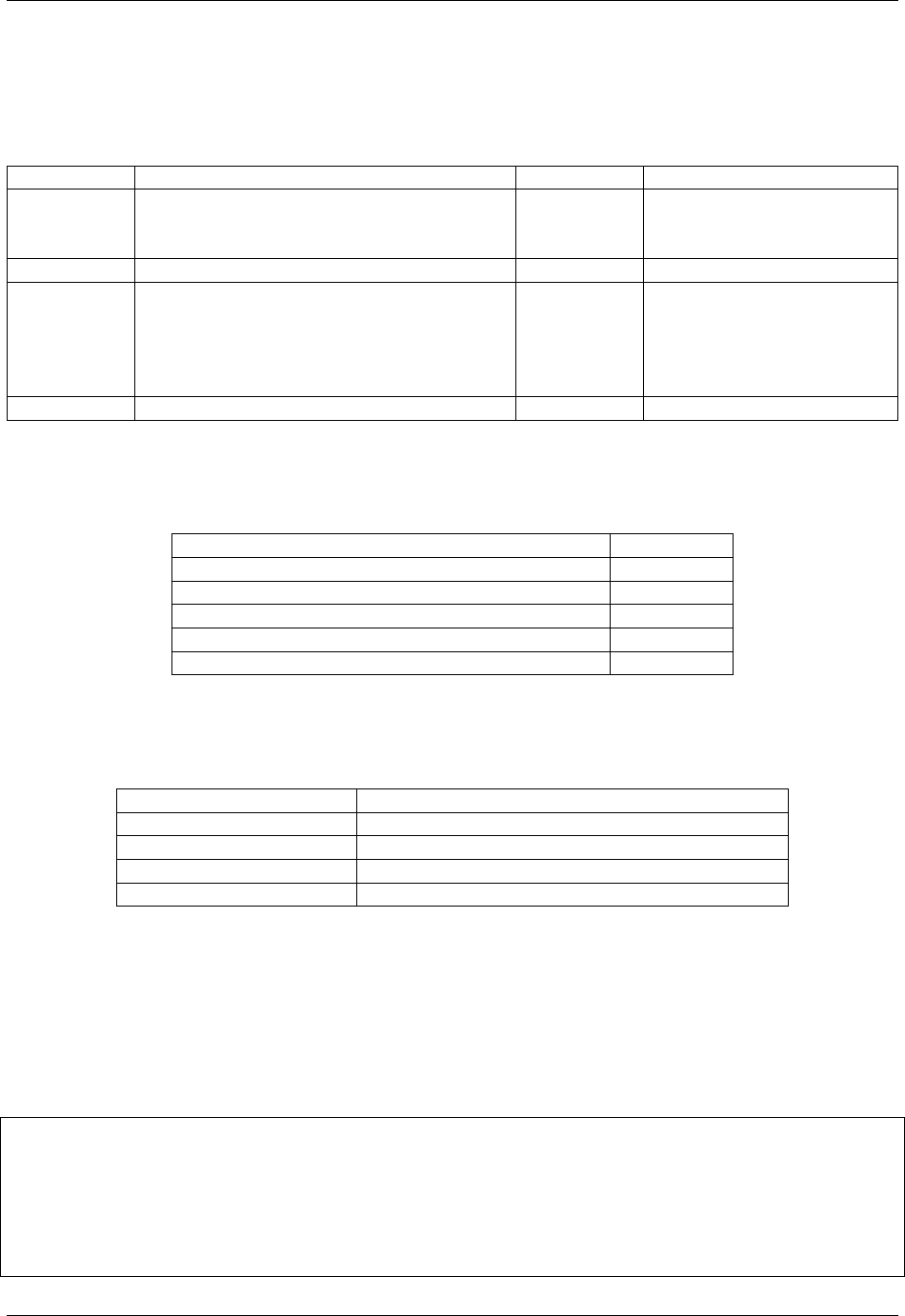
GeoServer User Manual, Release 2.15.1
Resources
/resource</path/to/resource>
Method Action Status code Parameters
GET Download a resource, list contents of direc-
tory, or show formatted resource metadata.
200 operation (default | meta-
data); format (html | xml |
json)
HEAD Show resource metadata in HTTP headers. 200
PUT Upload/move/copy a resource, create di-
rectories on the fly (overwrite if exists). For
move/copy operations, place source path
in body. Copying is not supported for di-
rectories.
200 (exists)
201 (new)
operation (default | copy |
move)
DELETE Delete a resource (recursively if directory) 200
Exceptions
Exception Status code
GET or DELETE for a resource that does not exist 404
PUT to directory 405
PUT method=copy with source directory 405
PUT with source path that doesn’t exist 404
POST 405
Headers
Header Description
Last-Modified When resource was last modified.
Content-Type Will guess mime-type from extension or content.
Resource-Type (custom) directory | resource
Resource-Parent (custom) Path to parent
Format
Examples are given in XML. The JSON and HTML formats are analogue.
Metadata
<ResourceMetaData>
<name> nameOfFile </name>
<parent> <path> path/to/parent </path>
<atom:link xmlns:atom="http://www.w3.org/2005/Atom" rel="alternate"
href="http://localhost:8080/geoserver/rest/resource/path/to/parent?
,→operation=metadata&format=xml"
type="application/xml"/>
1382 Chapter 12. REST
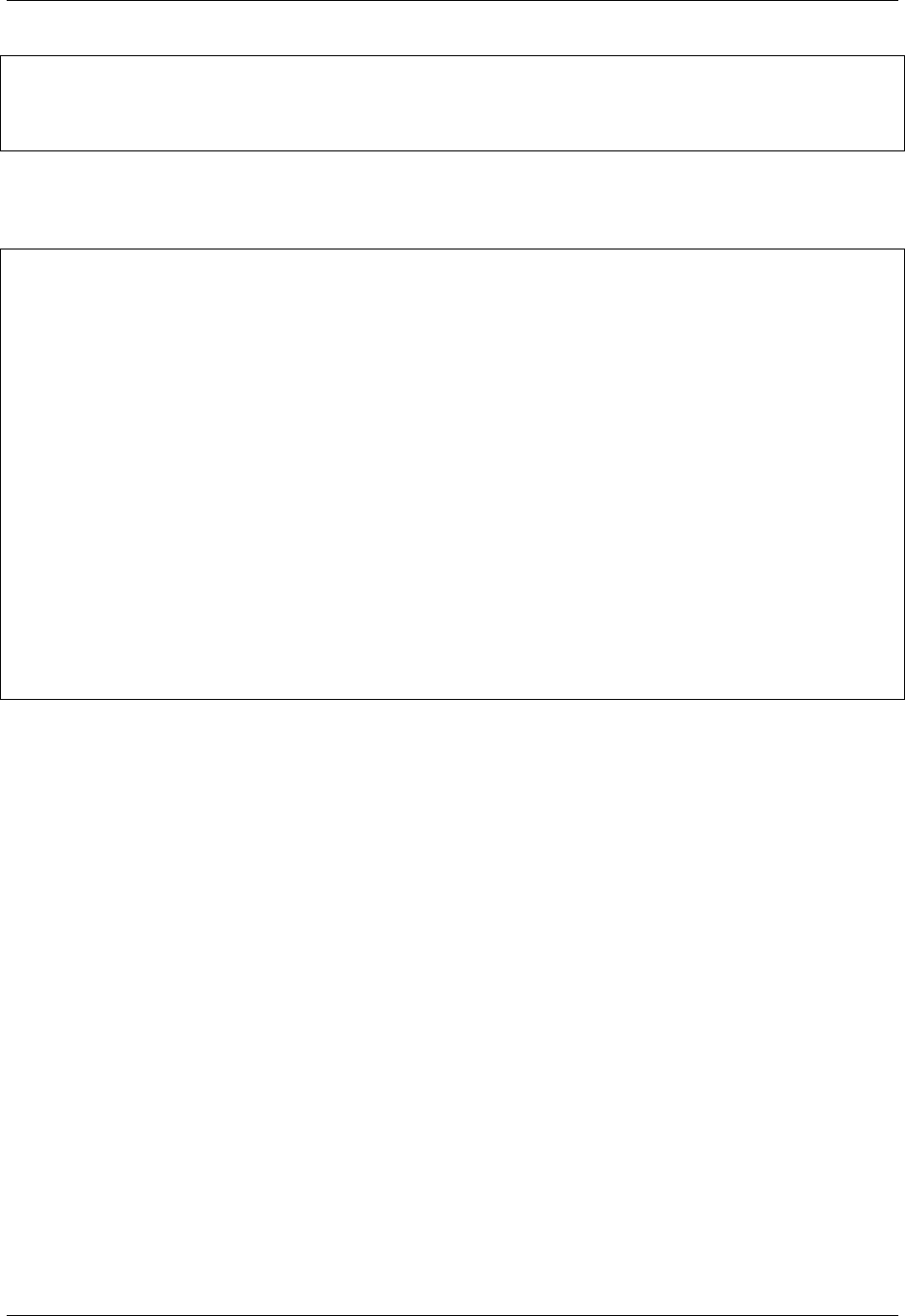
GeoServer User Manual, Release 2.15.1
</parent>
<lastModified> date </lastModified>
<type> undefined | resource | directory </type>
</ResourceMetaData>
Directories
<ResourceDirectory>`
<name> nameOfDirectory </name>
<parent> <path> path/to/parent </path>
<atom:link xmlns:atom="http://www.w3.org/2005/Atom" rel="alternate"
href="http://localhost:8080/geoserver/rest/resource/path/to/parent?
,→operation=metadata&format=xml"
type="application/xml"/>
</parent>
<lastModified> date </lastModified>
<children>
<child>
<name> ... </name>
<atom:link xmlns:atom="http://www.w3.org/2005/Atom" rel="alternate"
href="http://localhost:8080/geoserver/rest/resource/path/to/child"/>
</child>
<child>
...
</child>
...
</children>`
</ResourceDirectory>
12.2. Examples 1383

GeoServer User Manual, Release 2.15.1
1384 Chapter 12. REST

CHAPTER 13
Security
This section details the security subsystem in GeoServer, which is based on Spring Security.
The first page discusses configuration options in the web administration interface. This is followed with a
detailed discussion of the underlying processes.
13.1 Security settings
GeoServer has a robust security subsystem, modeled on Spring Security. Most of the security features are
available through the Web administration interface. This section describes how to configure GeoServer secu-
rity through the web administration interface.
13.1.1 Settings
The Settings page controls the global GeoServer security settings.
Active role service
This option sets the active role service (provides information about roles). Role services are managed on the
Users, Groups, Roles page. There can be only one active role service at one time.
Encryption
The GeoServer user interface (UI) can sometimes expose parameters in plain text inside the URLs. As a
result, it may be desirable to encrypt the URL parameters. To enable encryption, select Encrypt web admin
URL parameters. This will configure GeoServer to uses a PBE-based Password encryption.
For example, with this feature enabled, the page:
1385
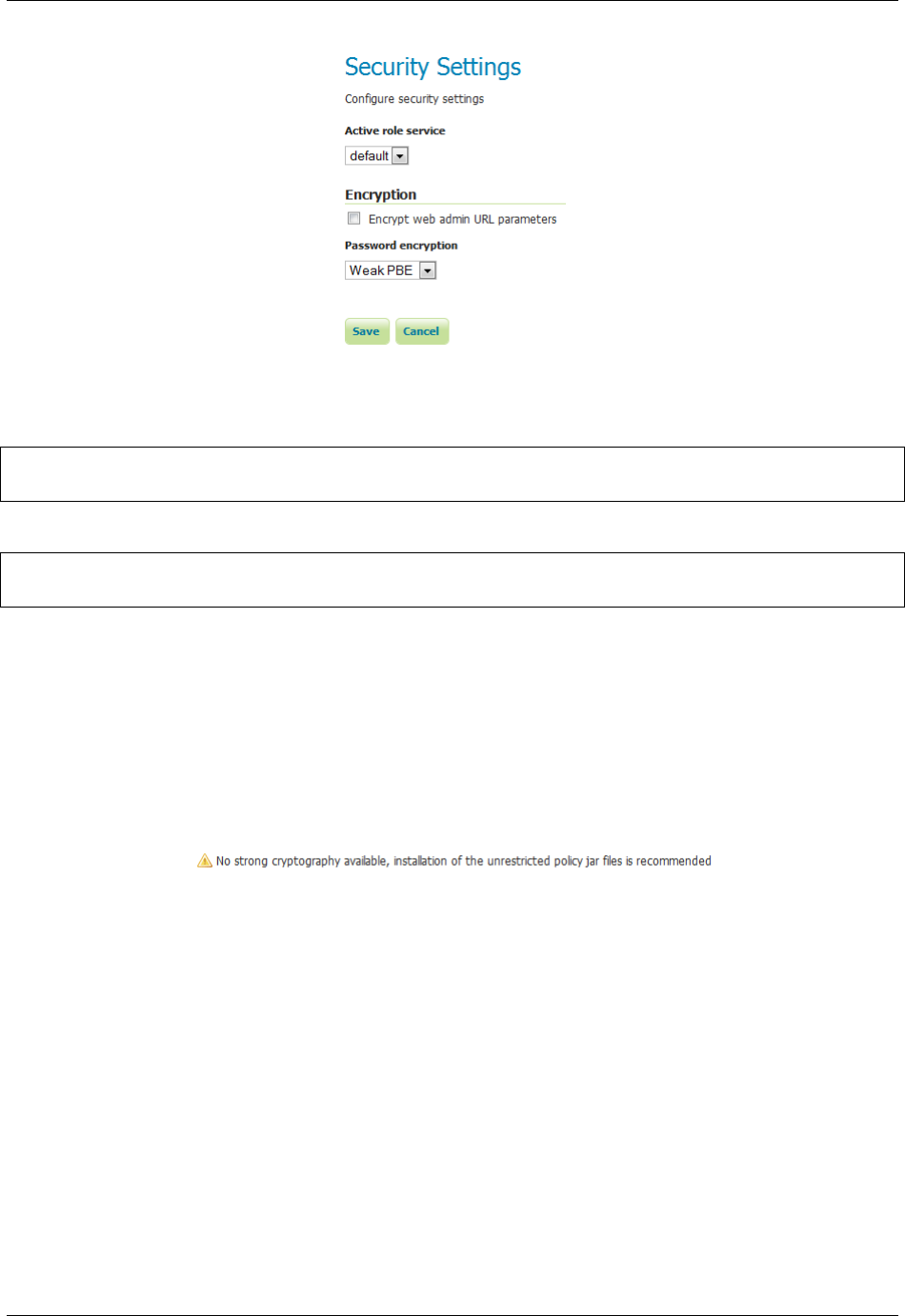
GeoServer User Manual, Release 2.15.1
Fig. 13.1: Security Settings page
http://GEOSERVER/web/?wicket:bookmarkablePage=:org.geoserver.security.web.
,→SecuritySettingsPage
would now be found at the following URL:
http://GEOSERVER/web/?
,→x=hrTNYMcF3OY7u4NdyYnRanL6a1PxMdLxTZcY5xK5ZXyi617EFEFCagMwHBWhrlg*ujTOyd17DLSn0NO2JKO1Dw
Password encryption
This setting allows you to select the type of Password encryption used for passwords. The options are Plain
text,Weak PBE, or Strong PBE.
If Strong PBE is not available as part of the JVM, a warning will display and the option will be disabled.
To enable Strong PBE, you must install external policy JARs that support this form of encryption. See the
section on Password encryption for more details about these settings.
Fig. 13.2: Warning if Strong PBE is not available
13.1.2 Authentication
This page manages the authentication options, including authentication providers and the authentication
chain.
Brute force attack prevention
GeoServer ships with a delay based brute force attack prevention system.
1386 Chapter 13. Security
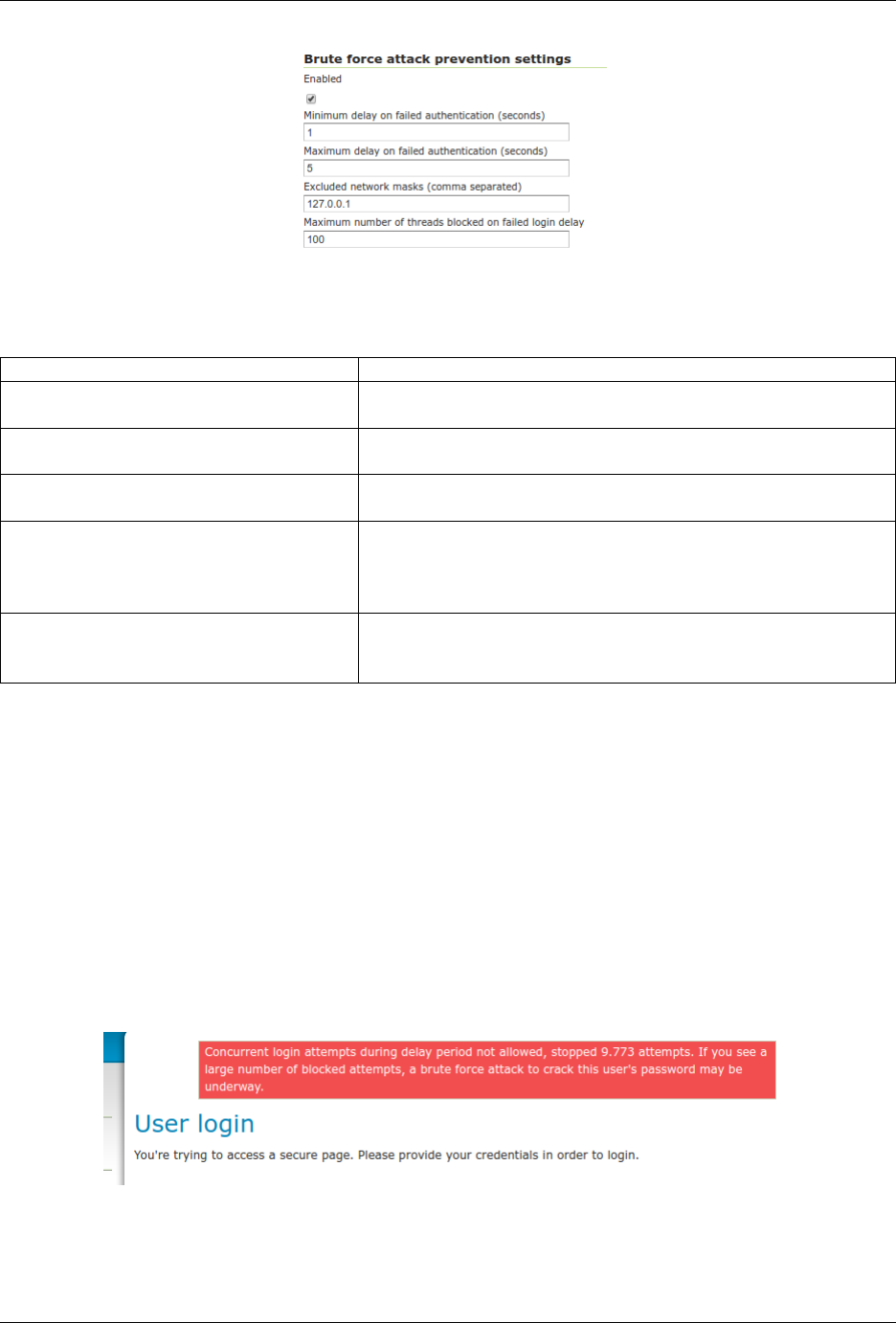
GeoServer User Manual, Release 2.15.1
Fig. 13.3: Brute force attack prevention settings
Option Description
Enabled Whether the brute force attack prevention is enabled. De-
faults to true.
Minimum delay on failed authentica-
tion (seconds)
Minimum number of seconds a failed login request will be
made to wait before getting a response
Maximum delay on failed authentica-
tion (seconds)
Maximum number of seconds a failed login request will be
made to wait before getting a response
Excluded network masks Network masks identifying hosts that are excluded from
brute force attack prevention. Can be empty, include specific
IPs, or a list of network masks. Defaults to 127.0.0.1, the lo-
calhost.
Maximum number of threads blocked
on failed login delay
Limits the number of threads that get delayed on failed login,
should be set to a value less than the container’s available
response threads.
The mechanism works as follows:
• Each failed authentication request is made to wait between min and max seconds before getting an
actual response back
• Each attempt to authenticate the same username in parallel fails immediately, regardless of whether
the credentials were valid or not, with a message stating concurrent loging attempts are not allowed.
The first item slows down a single threaded attack to the point of making it ineffective (each failed attempt
is logged along with the IP attempting access), the second item breaks multi-threaded attacks ability to
scale. Login attempts are slowed down/blocked on all protocols, be either a OGC request, a REST call, or
the UI.
A user trying to login from the user interface while another request is blocked waiting for the cool-down
period to expire will see a message like the following:
Fig. 13.4: Error message for parallel user interface login
A HTTP request (REST or OGC) will instead get an immediate 401 with a message like:
13.1. Security settings 1387
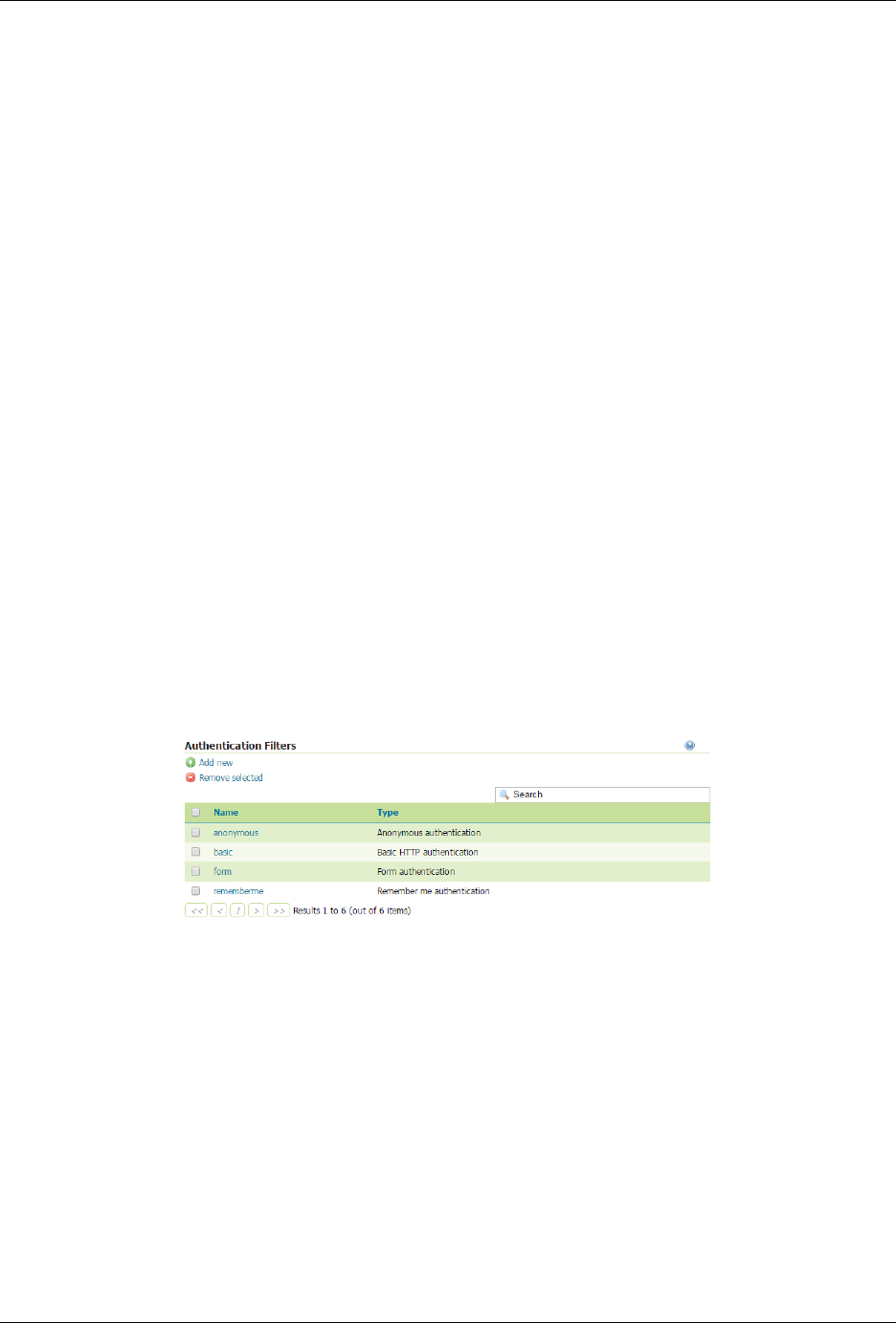
GeoServer User Manual, Release 2.15.1
HTTP/1.1 401 User foo, 5896 concurrent login attempt(s) denied during the quiet period
A blessed set of IPs that can dodge the mechanism allows legit administrators to take control of the server
even during an attack. The system only trusts the actual requestor IP, ignoring “X-Forwarded-For” headers,
as they can be easily spoofed (this in turn requires the admin to access the system from a local network,
without proxies in the middle, for the blessed IP to be recognized).
The maximum number of threads blocked configuration allows to setup the system so that an attacker can
mis-use the system to simply block all service threads, by issuing requests with random user names (the
system cannot determine if a username is valid or not, none of the authentication mechanisms provides this
information for security reasons).
Considerations on how to setup the system:
• A small delay is normally more than enough to stop a brute force attack, resist the temptation of
setting high delay values as they might end up blocking too many legit account and trigger the max
blocked threads mechanism
• Ensure that the execluded networks are well protected by other means
• Set the maximum number of blocked threads to a value large allow peak hour legit logins (e.g., early
morning when all the users start working) while still leaving room for successful authentication re-
quests
• A clustered/load balanced setup will not share the state of blocked logins, each host tracks its local
login failures.
Authentication filters
This section manages the Authentication Filters (adding, removing, and editing). Several authentication
filters are configured by default (anonymous, basic, form, rememberme), but others can be added to the
list.
Fig. 13.5: List of authentication filters
Anonymous access
By default, GeoServer will allow anonymous access to the Web administration interface. Without authentica-
tion, users will still be able to view the Layer Preview, capabilities documents, and basic GeoServer details.
Anonymous access can by removing the anonymous authentication filter. If removed, anonymous users nav-
igating to the GeoServer page will get an HTTP 401 status code, which typically results in a browser-based
request for credentials.
1388 Chapter 13. Security
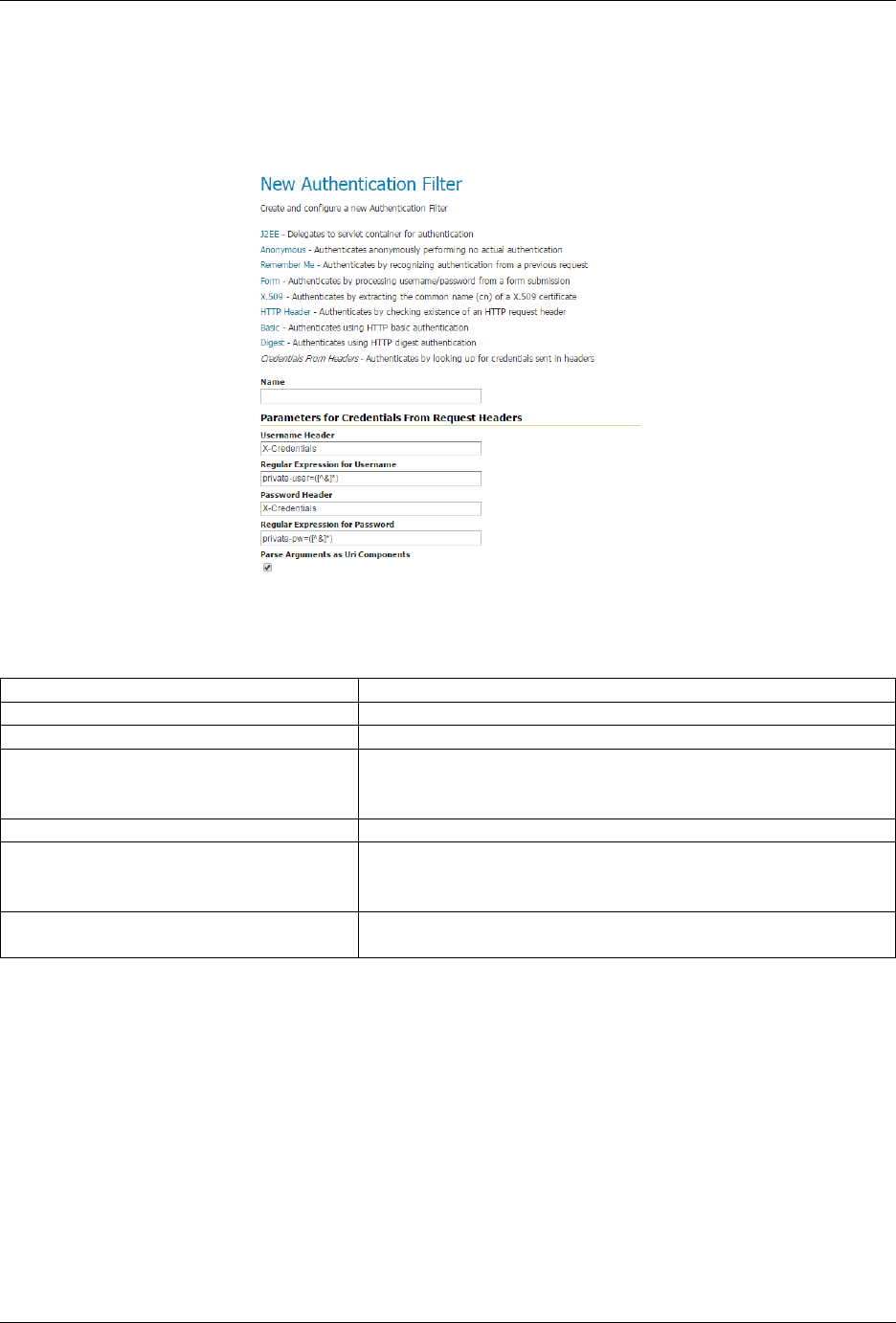
GeoServer User Manual, Release 2.15.1
Credentials From Headers filter
This filter allows gathering user credentials (username and password) from request headers in a flexible
and configurable way.
Fig. 13.6: Creating a new authentication filter fetching credentials from request headers
Option Description
Name Name of the filter
Username Header Name of the Request Header containing the username
Regular Expression for Username Regular Expression used to extract the username from the re-
lated Header. Must define a group that will match the user-
name.
Password Header Name of the Request Header containing the password
Regular Expression for Password Regular Expression used to extract the password from the re-
lated Header. Must define a group that will match the pass-
word.
Parse Arguments as Uri Components If checked username and password are uri deocded before
being used as credentials
Authentication providers
This section manages the Authentication providers (adding, removing, and editing). The default authenti-
cation provider uses basic username/password authentication.JDBC and LDAP authentication can also be
used.
Click Add new to create a new provider. Click an existing provider to edit its parameters.
Username/password provider
The default new authentication provider uses a user/group service for authentication.
13.1. Security settings 1389
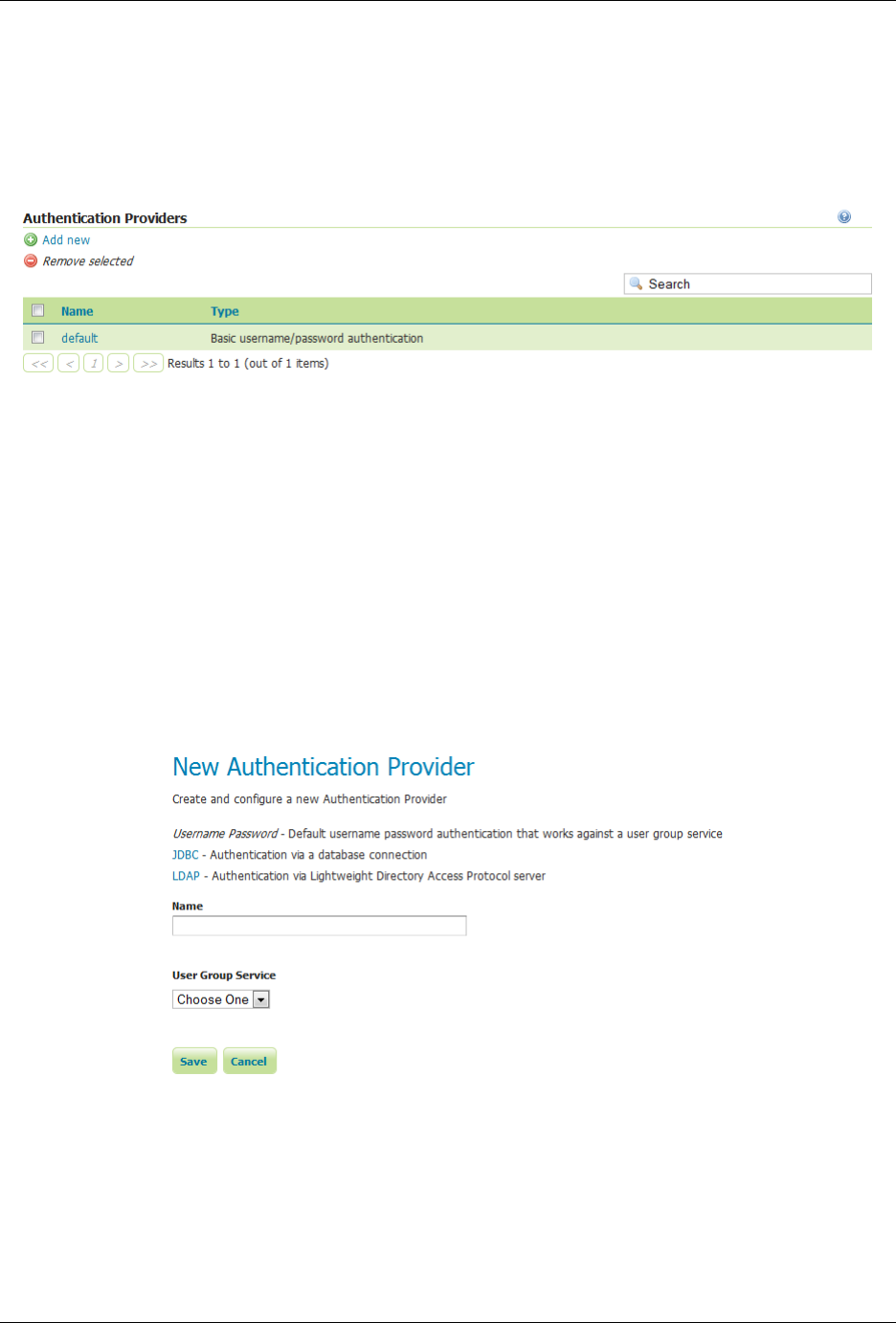
GeoServer User Manual, Release 2.15.1
Fig. 13.7: List of authentication providers
Fig. 13.8: Creating a new authentication provider with a username and password
1390 Chapter 13. Security
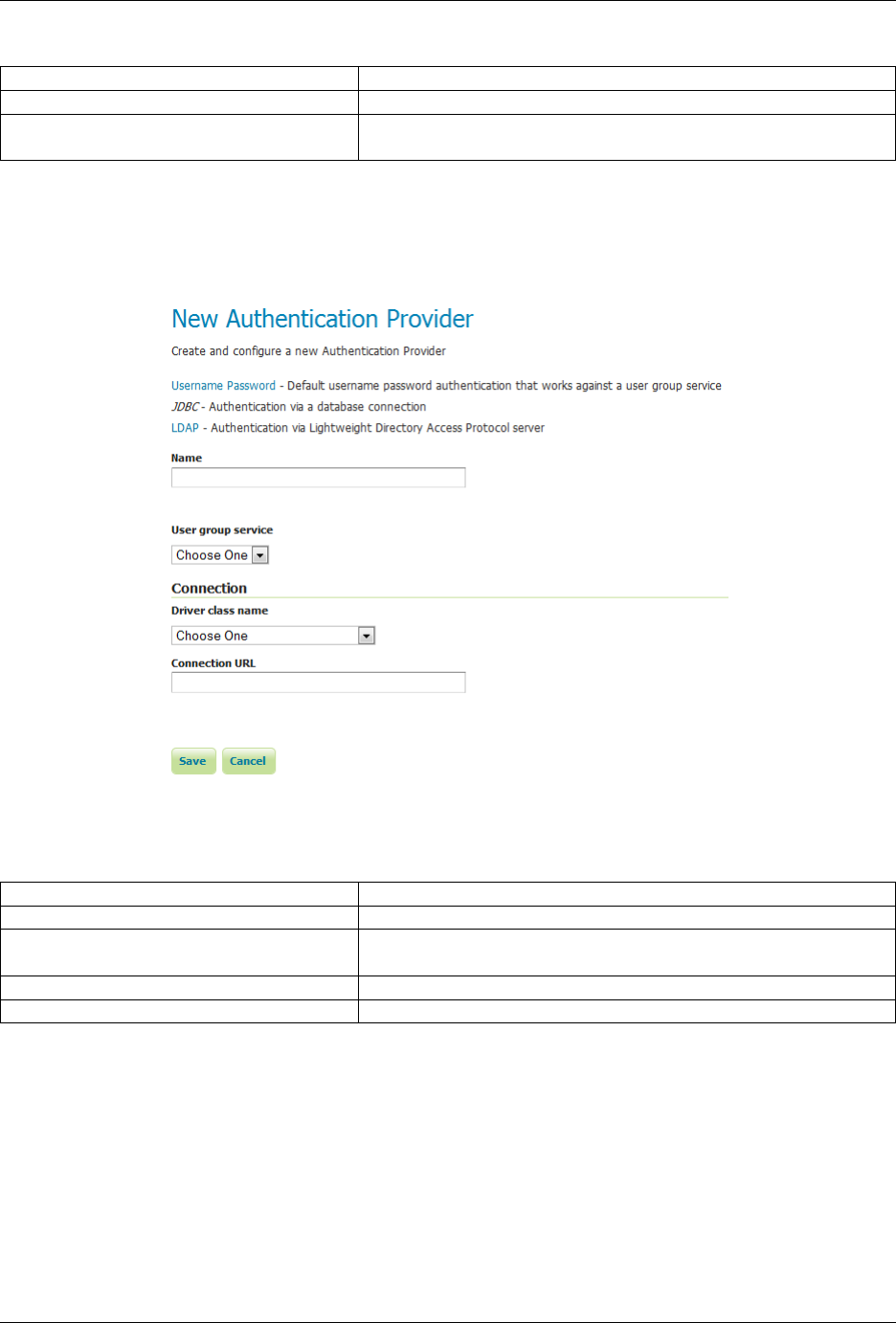
GeoServer User Manual, Release 2.15.1
Option Description
Name Name of the provider
User Group Service Name of the user/group service associated with this
provider. Can be any one of the active user/group services.
JDBC provider
The configuration options for the JDBC authentication provider are illustrated below.
Fig. 13.9: Configuring the JDBC authentication provider
Option Description
Name Name of the JDBC connection in GeoServer
User Group Service Name of the user/group service to use to load user informa-
tion after the user is authenticated
Driver class name JDBC driver to use for the database connection
Connection URL JDBC URL to use when creating the database connection
LDAP provider
The following illustration shows the configuration options for the LDAP authentication provider. The
default option is to use LDAP groups for role assignment, but there is also an option to use a user/group
service for role assignment. Depending on whether this option is selected, the page itself will have different
options.
13.1. Security settings 1391
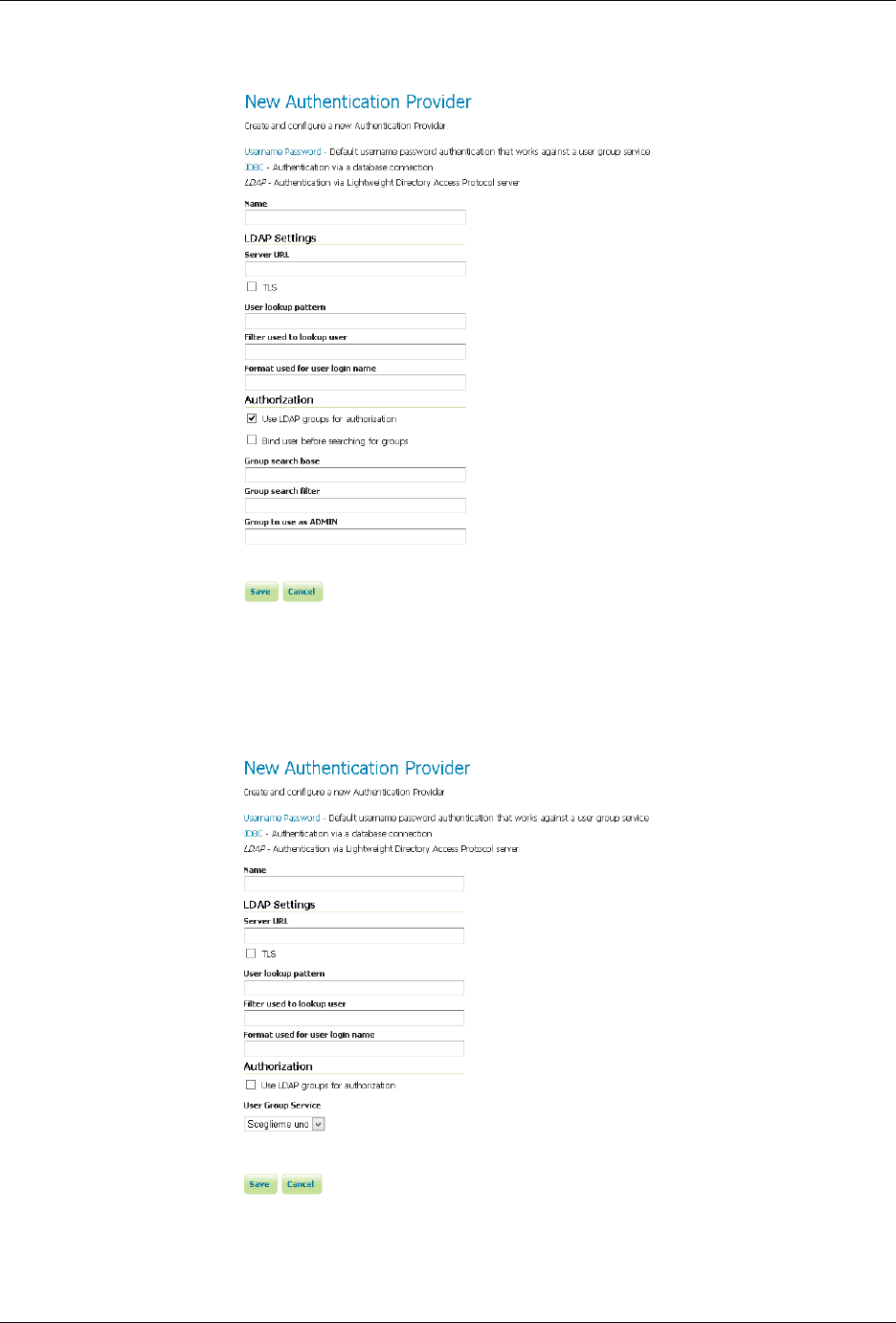
GeoServer User Manual, Release 2.15.1
Fig. 13.10: Configuring the LDAP authentication provider using LDAP groups for role assignment
Fig. 13.11: Configuring the LDAP authentication provider using user/group service for authentication
1392 Chapter 13. Security
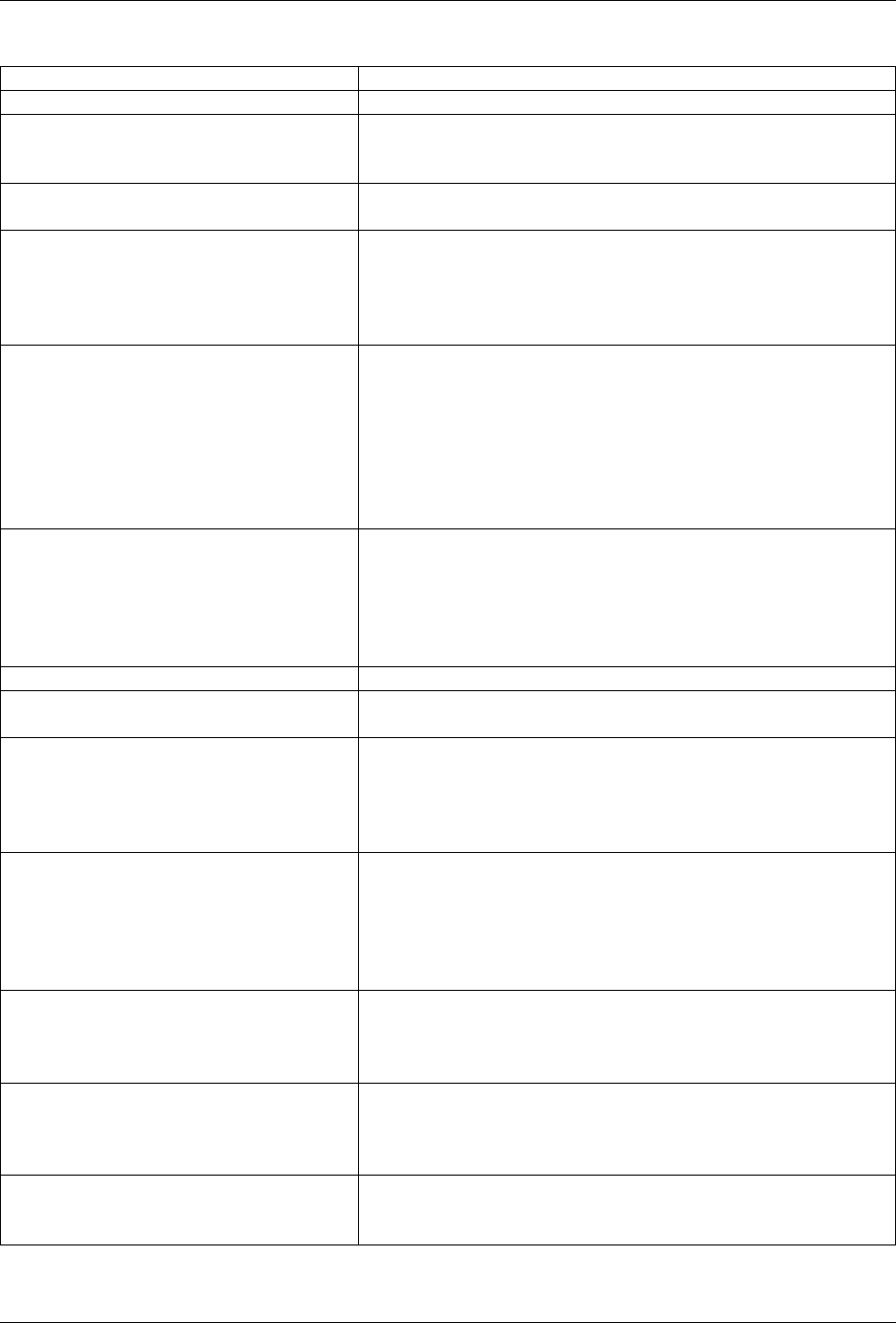
GeoServer User Manual, Release 2.15.1
Option Description
Name Name of the LDAP connection in GeoServer
Server URL URL for the LDAP server connection. It must include the
protocol, host, and port, as well as the “distinguished name”
(DN) for the root of the LDAP tree.
TLS Enables a STARTTLS connection. (See the section on Secure
LDAP connections.)
User DN pattern Search pattern to use to match the DN of the user in the
LDAP database. The pattern should contain the placeholder
{0} which is injected with the uid of the user. Example:
uid={0},ou=people. The root DN specified as port of the
Server URL is automatically appended.
User Filter LDAP Filter used to extract User data from LDAP database.
Used alternatively to User DN pattern and combined with
User Format to separate bind and user data extraction han-
dling. Example: (userPrincipalName={0}). Gets user
data searching for a single record matching the filter. This
may contain two placeholder values: {0}, the full DN of the
user, for example uid=bob,ou=people,dc=acme,dc=com
{1}, the uid portion of the full DN, for example bob.
User Format String formatter used to build username used for binding.
Used alternatively to User DN pattern and combined with
User Filter to separate bind and user data extraction handling.
Example: {0}@domain. Binds user with the username built
applying the format. This may contain one placeholder: {0},
the username, for example bob
Use LDAP groups for authorization Specifies whether to use LDAP groups for role assignment
Bind before group search Specifies whether to bind to LDAP server with the user cre-
dentials before doing group search
Group search base Relative name of the node in the tree to use as the base for
LDAP groups. Example: ou=groups. The root DN specified
as port of the Server URL is automatically appended. Only ap-
plicable when the Use LDAP groups for authorization( parameter
is **checked*.
Group search filter Search pattern for locating the LDAP groups a user belongs
to. This may contain two placeholder values: {0}, the
full DN of the user, for example uid=bob,ou=people,
dc=acme,dc=com {1}, the uid portion of the full DN, for
example bob. Only applicable when the Use LDAP groups for
authorization( parameter is **checked*.
Admin Group Name of the group to be mapped to Administrator role (de-
faults to ADMINISTRATOR). Example: ADMIN. Adds the
role ROLE_ADMINISTRATOR if the user belongs to a group
named ADMIN (case insensitive)
Group Admin Group Name of the group to be mapped to Group Administrator
role (defaults to GROUP_ADMIN). Example: GROUPADMIN.
Adds the role ROLE_GROUP_ADMIN if the user belongs to
a group named GROUPADMIN (case insensitive)
User Group Service The user/group service to use for role assignment. Only ap-
plicable when the Use LDAP groups for authorization parame-
ter is cleared.
13.1. Security settings 1393
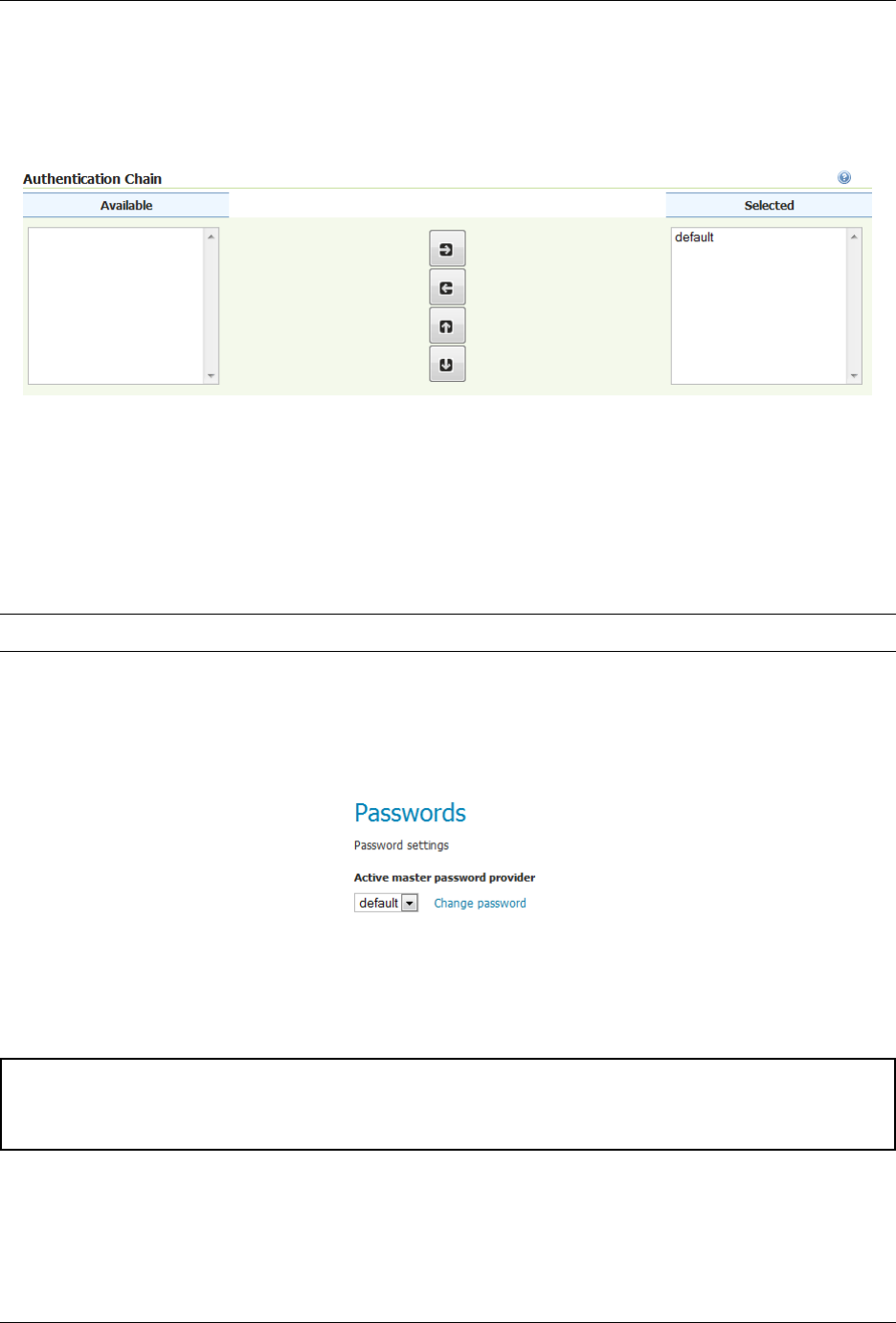
GeoServer User Manual, Release 2.15.1
Authentication chain
This section selects the authentication chain. Currently, only one default authentication chain is available.
For further information about the default chain, please refer to Authentication chain.
Fig. 13.12: Selecting the authentication chain
13.1.3 Passwords
This page configures the various options related to Passwords, the Master password, and Password policies.
Note: User passwords may be changed in the Users dialog box accessed from the Users, Groups, Roles page.
Active master password provider
This option sets the active master password provider, via a list of all available master password providers.
Fig. 13.13: Active master password provider
To change the master password click the Change password link.
Warning: First thing to do as an Administrator of the System, would be to dump the Master Pass-
word generated by GeoServer, store it somewhere not accessible by anyone, and delete any security/
masterpw.info or whatever file you used to dump the password in clear.
Master Password Providers
This section provides the options for adding, removing, and editing master password providers.
1394 Chapter 13. Security
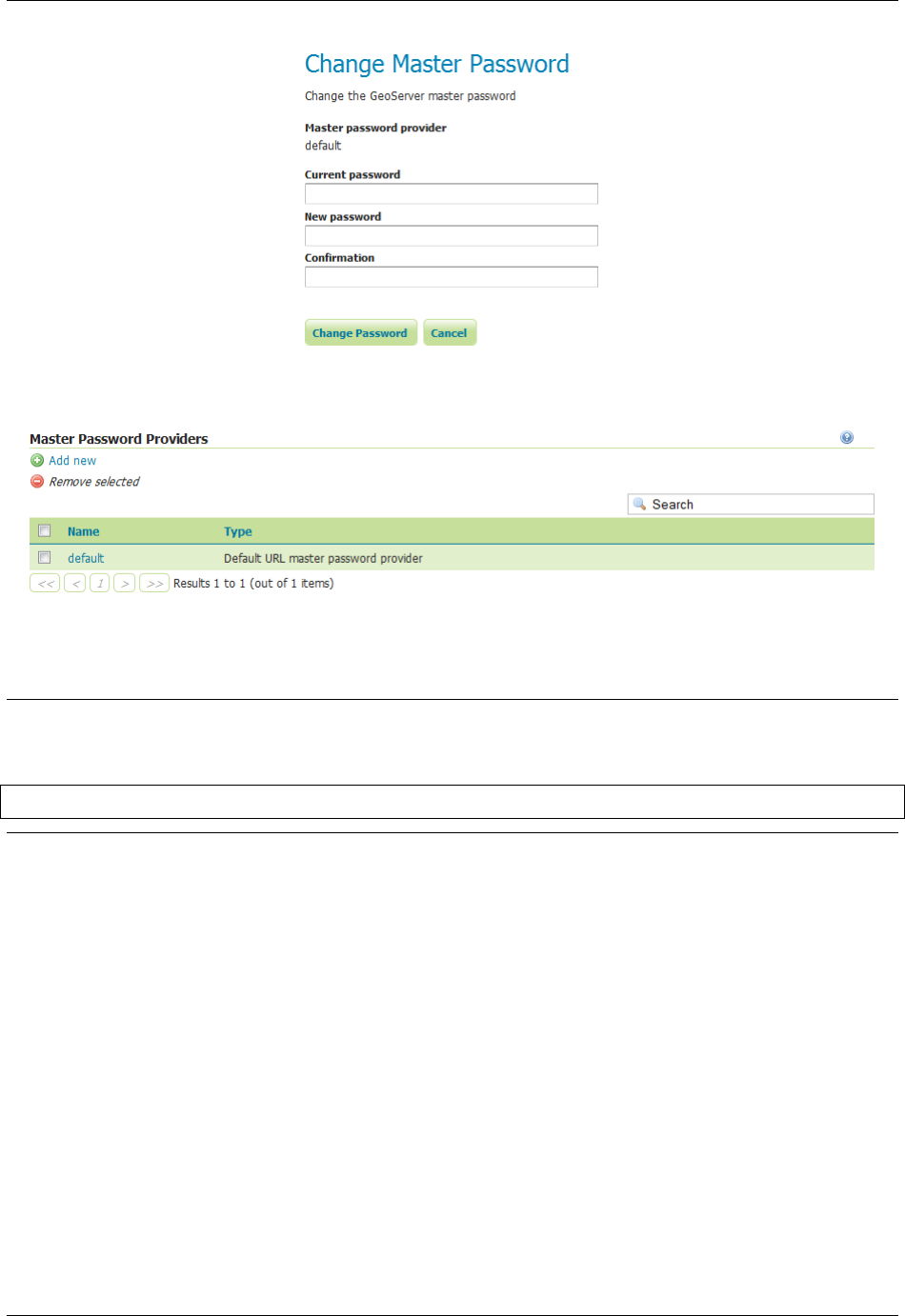
GeoServer User Manual, Release 2.15.1
Fig. 13.14: Changing the master password
Fig. 13.15: Master password provider list
Note: By default the login to Admin GUI and REST APIs with Master Password is disabled. In order to
enable it you will need to manually change the Master Password Provider config.xml, usually located
into security/masterpw/default/config.xml, by adding the following statement:
``<loginEnabled>true</loginEnabled>``
Password policies
This section configures the various Password policies available to users in GeoServer. New password policies
can be added or renamed, and existing policies edited or removed.
By default there are two password policies in effect, default and master. The default password policy,
intended for most GeoServer users, does not have any active password constraints. The master password
policy, intended for the Root account, specifies a minimum password length of eight characters. Password
policies are applied to users via the user/group service.
Clicking an existing policy enables editing, while clicking the Add new button will create a new password
policy.
13.1.4 Users, Groups, Roles
This section provides the configuration options for User/group services and Role services. In addition, users,
groups, and roles themselves and can be added, edited, or removed. A great deal of configuration can be
13.1. Security settings 1395
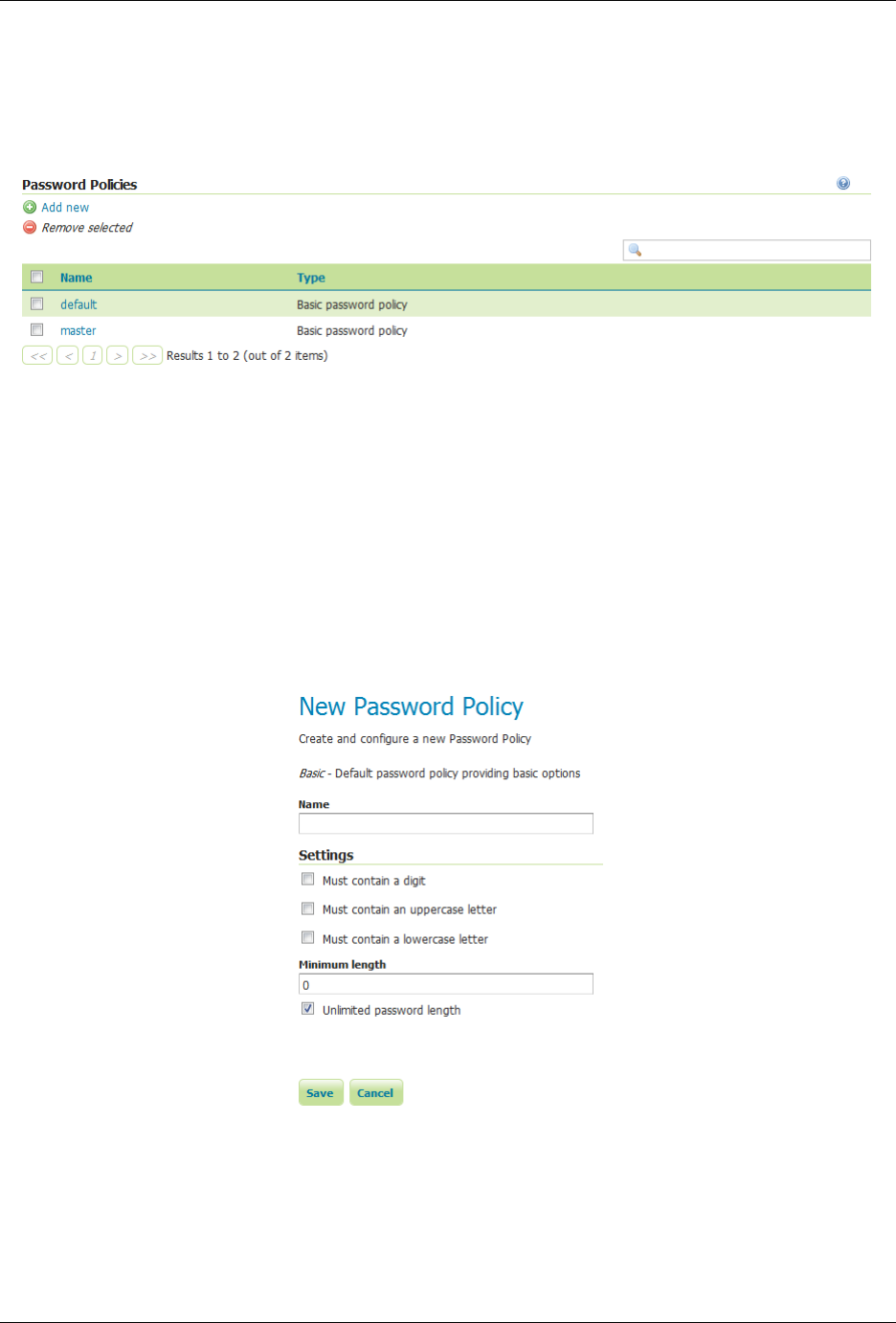
GeoServer User Manual, Release 2.15.1
Fig. 13.16: List of password policies
Fig. 13.17: Creating a new password policy
1396 Chapter 13. Security
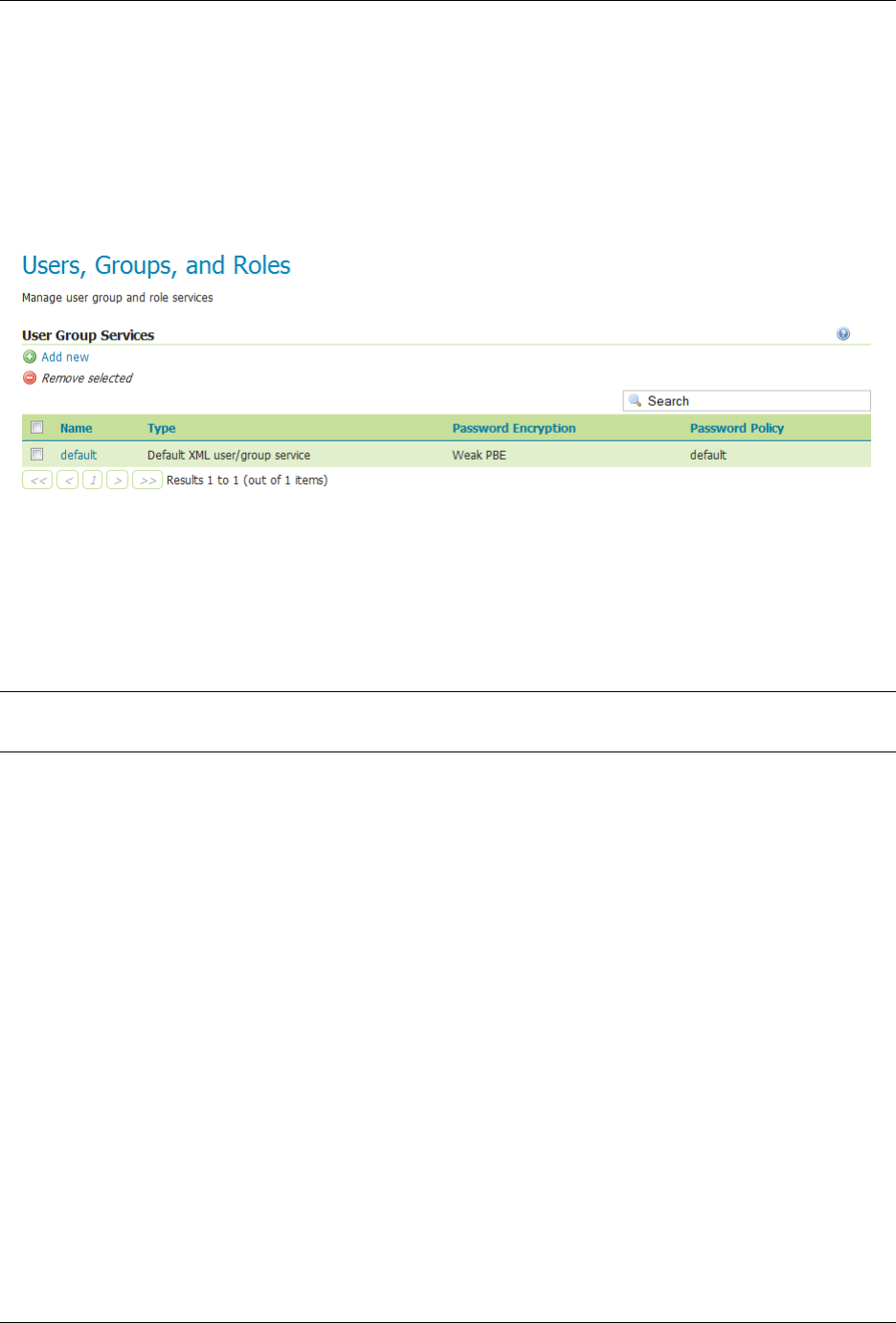
GeoServer User Manual, Release 2.15.1
accomplished in this section and related pages.
User Group Services
In this menu, user/group services can be added, removed, or edited. By default, there is one user/group
service in GeoServer, which is XML-based. It is encrypted with Weak PBE and uses the default password
policy. It is also possible to have a user/group service based on JDBC, with or without JNDI.
Fig. 13.18: User/group services
Clicking an existing user/group service will enable editing, while clicking the Add new link will configure
a new user/group service.
There are three tabs for configuration: Settings, Users, and Groups.
Note: When creating a new user/group service, the form filled out initially can be found under the Settings
tab.
Add new XML user/group service
To add a new XML user/group service, click the Add new link. XML is the default option. The following
figure shows the configuration options for an XML user/group service.
13.1. Security settings 1397
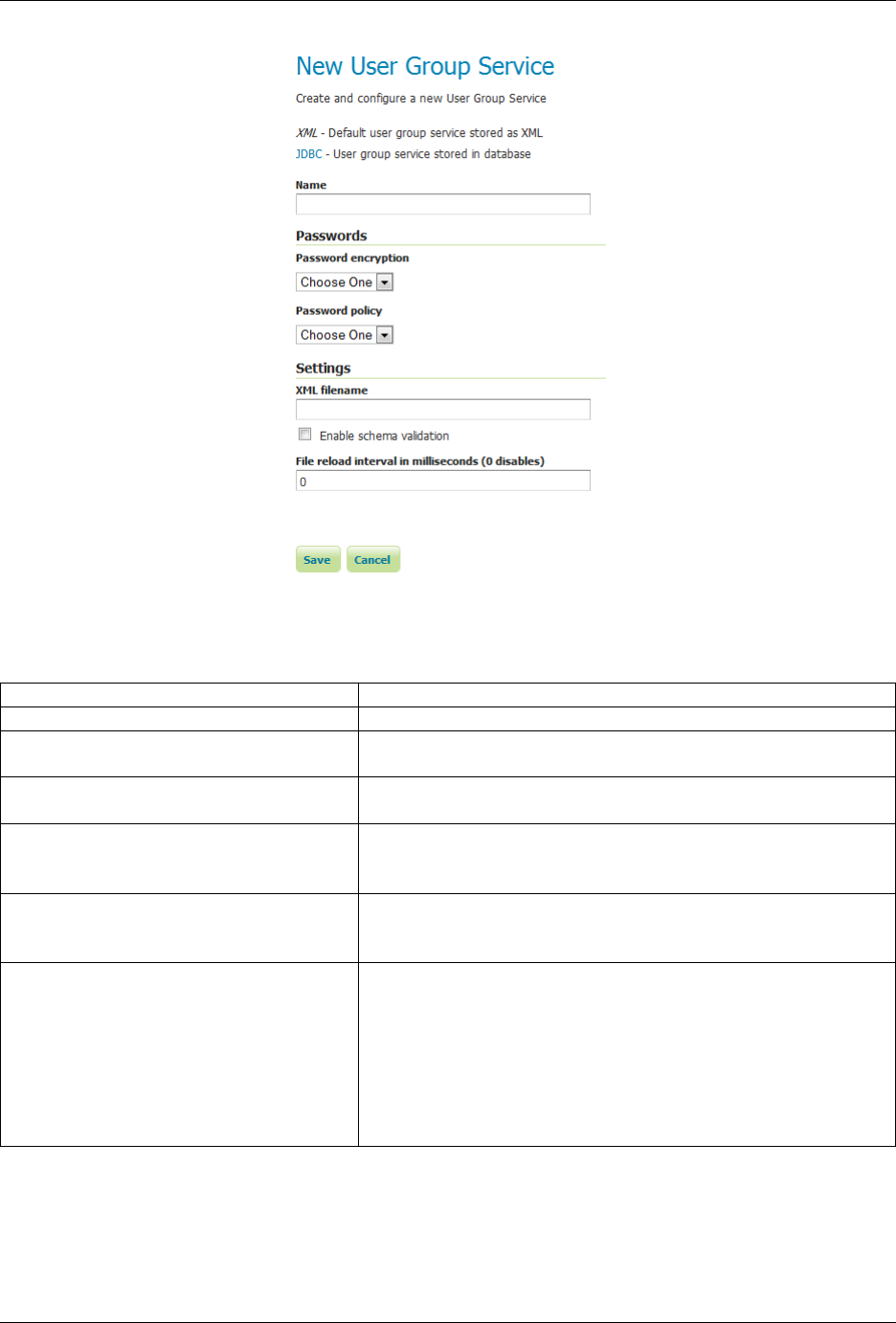
GeoServer User Manual, Release 2.15.1
Fig. 13.19: Adding an XML user/group service
Option Description
Name The name of the user/group service
Password encryption Sets the type of Password encryption. Options are Plain text,
Weak PBE,Strong PBE, and Digest.
Password policy Sets the password policy. Options are any active password poli-
cies as set in the Passwords section.
XML filename Name of the file that will contain the user and group informa-
tion. Default is users.xml in the security/usergroup/
<name_of_usergroupservice> directory.
Enable schema validation If selected, forces schema validation to occur every time the
XML file is read. This option is useful when editing the XML
file by hand.
File reload interval Defines the frequency (in milliseconds) in which GeoServer
will check for changes to the XML file. If the file is found to
have been modified, GeoServer will recreate the user/group
database based on the current state of the file. This value is
meant to be set in cases where the XML file contents might
change “out of process” and not directly through the web ad-
min interface. The value is specified in milliseconds. A value
of 0 disables any checking of the file.
Add new JDBC user/group service
To add a new XML user/group service, click the Add new link, and then the JDBC option at the top of the
following form. The following figure shows the configuration options for a JDBC user/group service.
1398 Chapter 13. Security
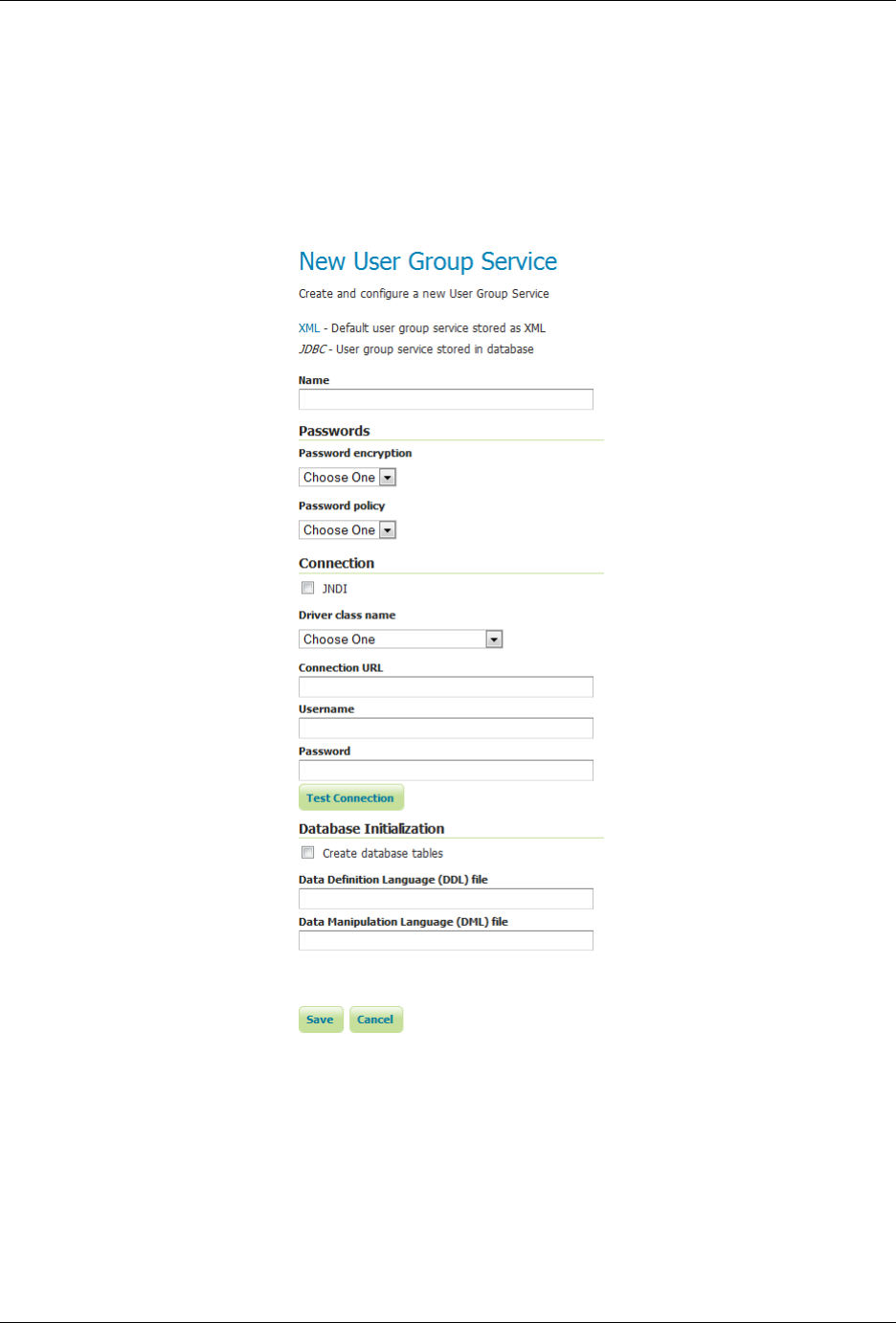
GeoServer User Manual, Release 2.15.1
Fig. 13.20: Adding a user/group service via JDBC
13.1. Security settings 1399

GeoServer User Manual, Release 2.15.1
Option Description
Name Name of the JDBC user/group service in GeoServer
Password encryption The method to used to encrypt user passwords
Password policy The policy to use to enforce constraints on user passwords
JNDI When unchecked, specifies a direct connection to the
database. When checked, specifies an existing connection lo-
cated through JNDI.
Driver class name JDBC driver to use for the database connection
Connection URL Specifies the JDBC URL to use when creating the database
connection
Username Username to use when connecting to the database
Password Password to use when connecting to the database
Create database tables Specifies whether to create all the necessary tables in the un-
derlying database
Data Definition Language (DDL) file Specifies a custom DDL file to use for creating tables in the
underlying database, for cases where the default DDL state-
ments fail on the given database. If left blank, internal de-
faults are used.
Data Manipulation Language (DML)
file
Specifies a custom DML file to use for accessing tables in the
underlying database, for cases where the default DML state-
ments fail on the given database. If left blank, internal de-
faults are used.
In addition to the parameters listed above, the following additional parameter will apply when the JNDI
flag is set.
Option Description
JNDI resource name JNDI name used to locate the database connection.
Edit user/group service
Once the new user/group service is added (either XML or JDBC), clicking on it in the list of user/group
services will allow additional options to be specified, such as the users and groups associated with the
service.
There are three tabs in the resulting menu: Settings,Users, and Groups. The Settings tab is identical to that
found when creating the user/group service, while the others are described below.
The Users tab provides options to configure users in the user/group service.
Clicking a username will allow its parameters to be changed, while clicking the Add new link will create a
new user.
1400 Chapter 13. Security
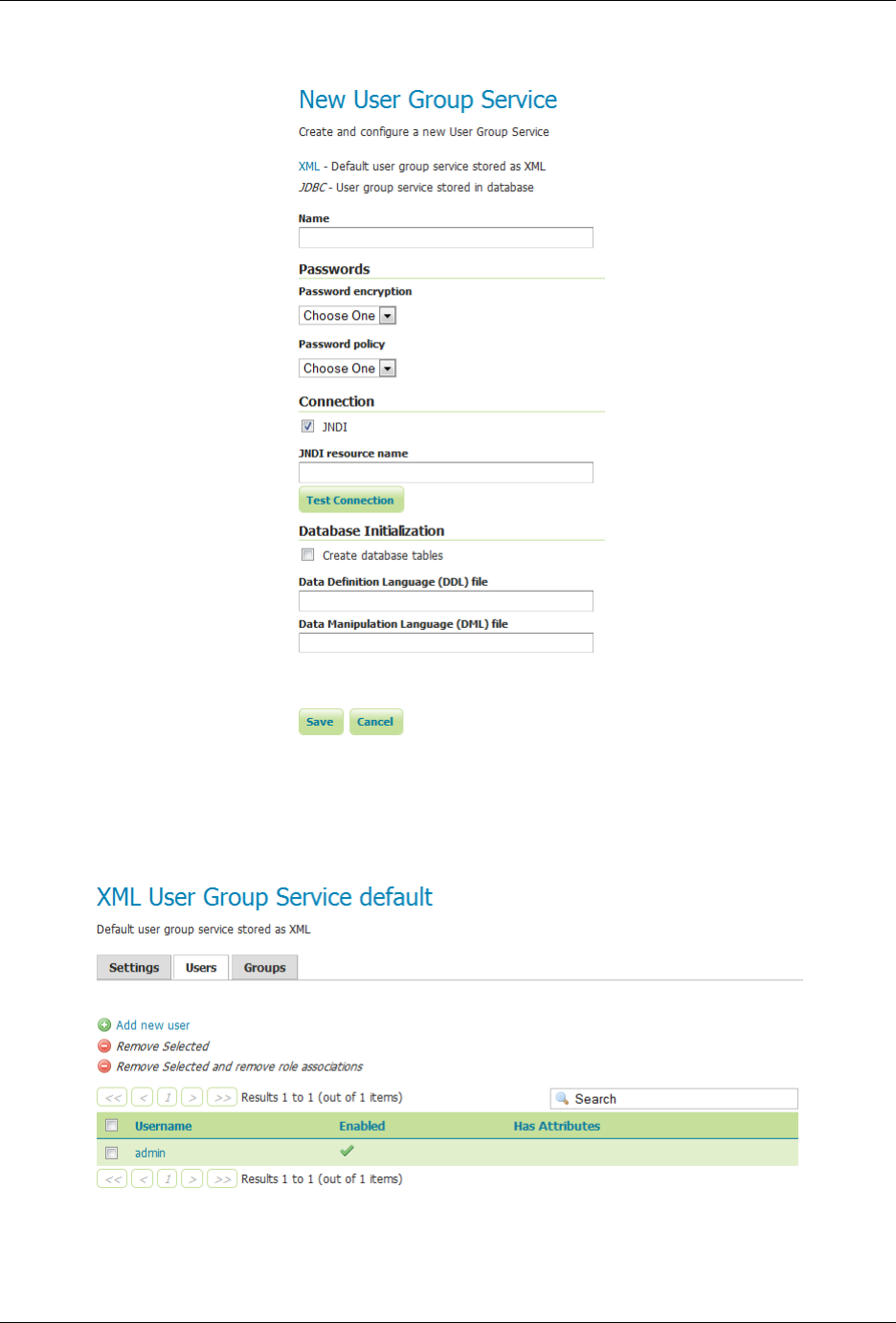
GeoServer User Manual, Release 2.15.1
Fig. 13.21: Adding a user/group service via JDBC with JNDI
Fig. 13.22: Users tab
13.1. Security settings 1401

GeoServer User Manual, Release 2.15.1
Fig. 13.23: Creating or editing a user
1402 Chapter 13. Security
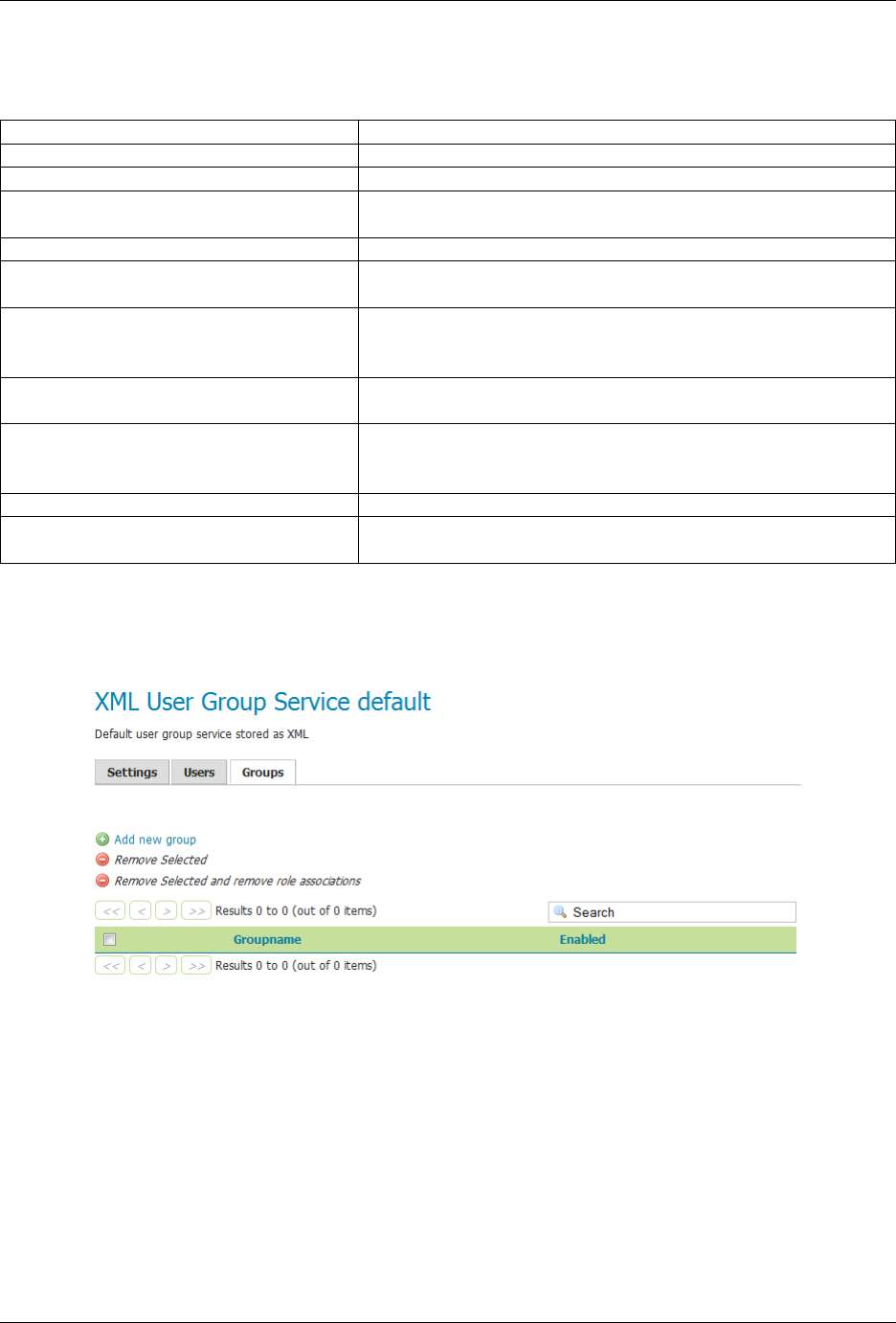
GeoServer User Manual, Release 2.15.1
Add user
Option Description
User name The name of the user
Enabled When selected, will enable the user to authenticate
Password The password for this user. Existing passwords will be ob-
scured when viewed.
Confirm password To set or change the password enter the password twice.
User properties Key/value pairs associated with the user. Used for associat-
ing additional information with the user.
Group list Full list of groups, including list of groups to which the user
is a member. Membership can be toggled here via the arrow
buttons.
Add a new group Shortcut to adding a new group. Also available in the Groups
tab.
Role list Full list of roles, including a list of roles to which the user
is associated. Association can be toggled here via the arrow
buttons.
Add a new role Shortcut to adding a new role
List of current roles for the user List of current roles associated with the user. Click a role to
enable editing.
The Groups tab provides configuration options for groups in this user/group service. There are options to
add and remove a group, with an additional option to remove a group and the roles associated with that
group.
Fig. 13.24: Groups tab
13.1. Security settings 1403
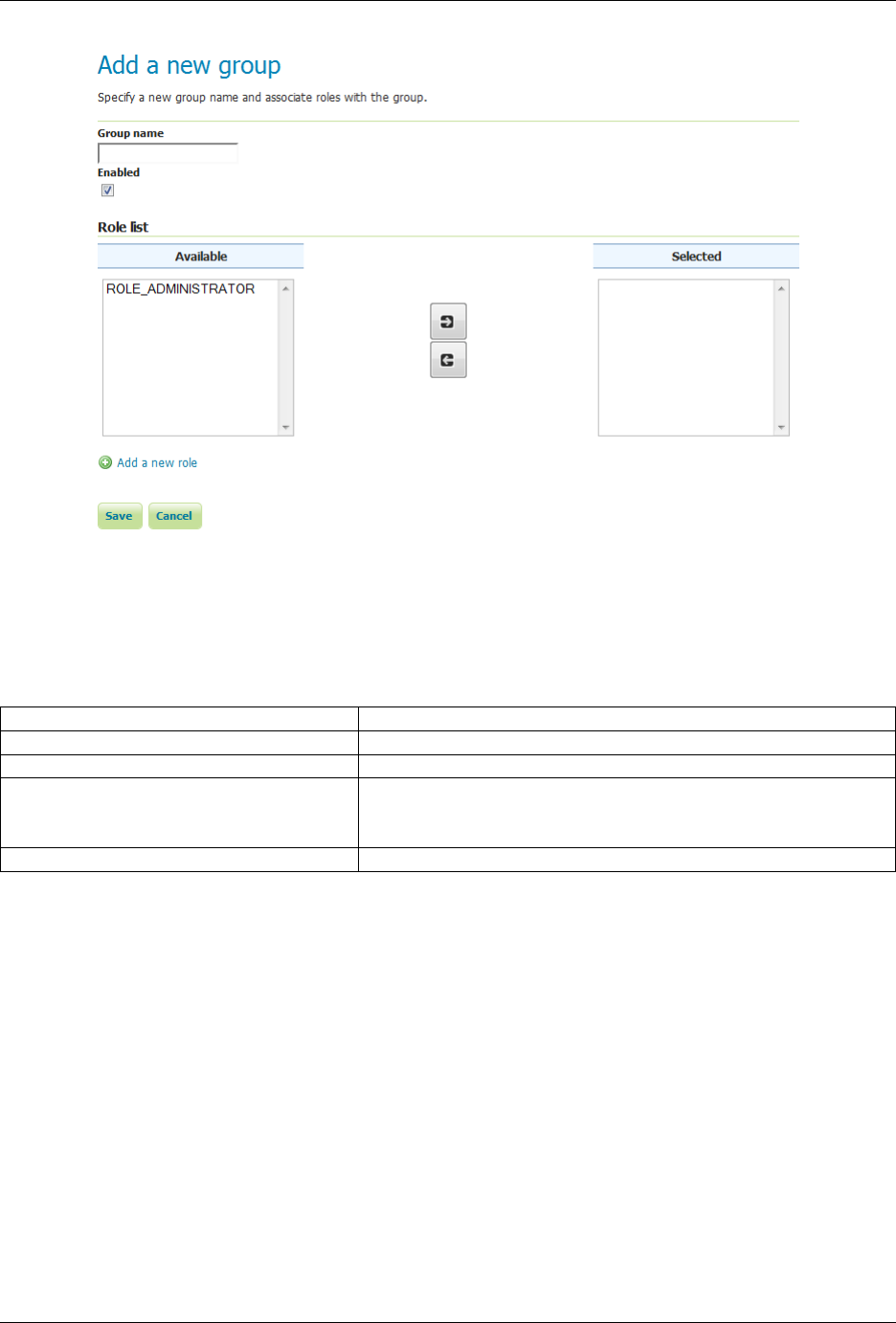
GeoServer User Manual, Release 2.15.1
Fig. 13.25: Creating or editing a group
Add group
Option Description
Group name The name of the group
Enabled When selected the group will be active
Role list Full list of roles, including a list of roles to which the group
is associated. Association can be toggled here via the arrow
buttons.
Add a new role Shortcut to adding a new role
In this menu, user/group services can be added, removed, or edited. By default, there is one user/group
service in GeoServer, which is XML-based. It is encrypted with Weak PBE and uses the default password
policy. It is also possible to have a user/group service based on JDBC with or without JNDI.
Role services
In this menu, role services can be added, removed, or edited. By default, the active role service in GeoServer
is XML-based, but it is also possible to have a role service based on JDBC, with or without JNDI.
The Administrator role is called ROLE_ADMINISTRATOR.
Clicking an existing role service will open it for editing, while clicking the Add new link will configure a
new role service.
There are two pages for configuration: Settings and Roles.
1404 Chapter 13. Security
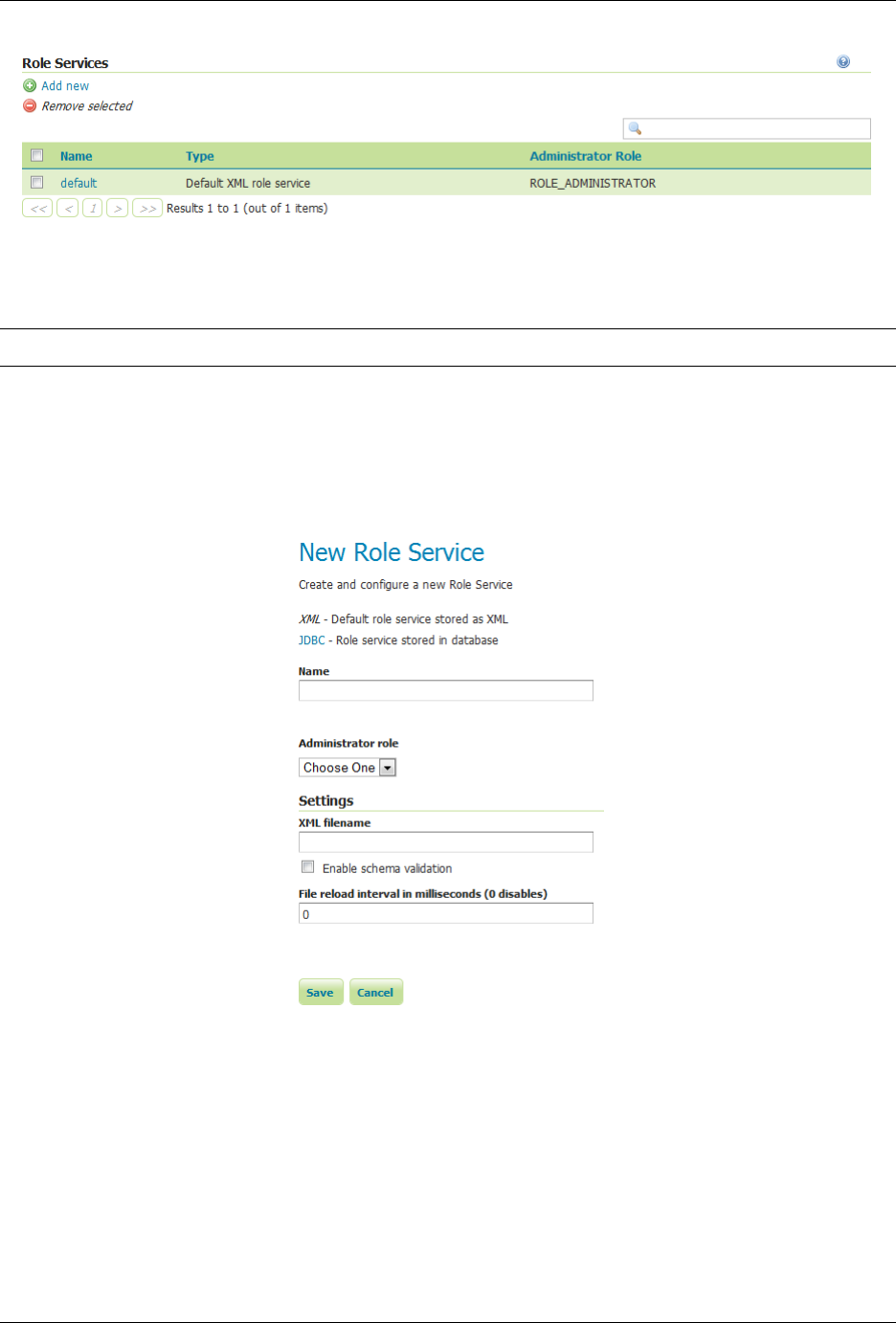
GeoServer User Manual, Release 2.15.1
Fig. 13.26: Role services
Note: When creating a new role service, the form filled out initially can be found under the Settings tab.
Add new XML role service
To add a new XML role service, click the Add new link. XML is the default option. The following figure
shows the configuration options for an XML role service.
Fig. 13.27: Adding an XML role service
13.1. Security settings 1405
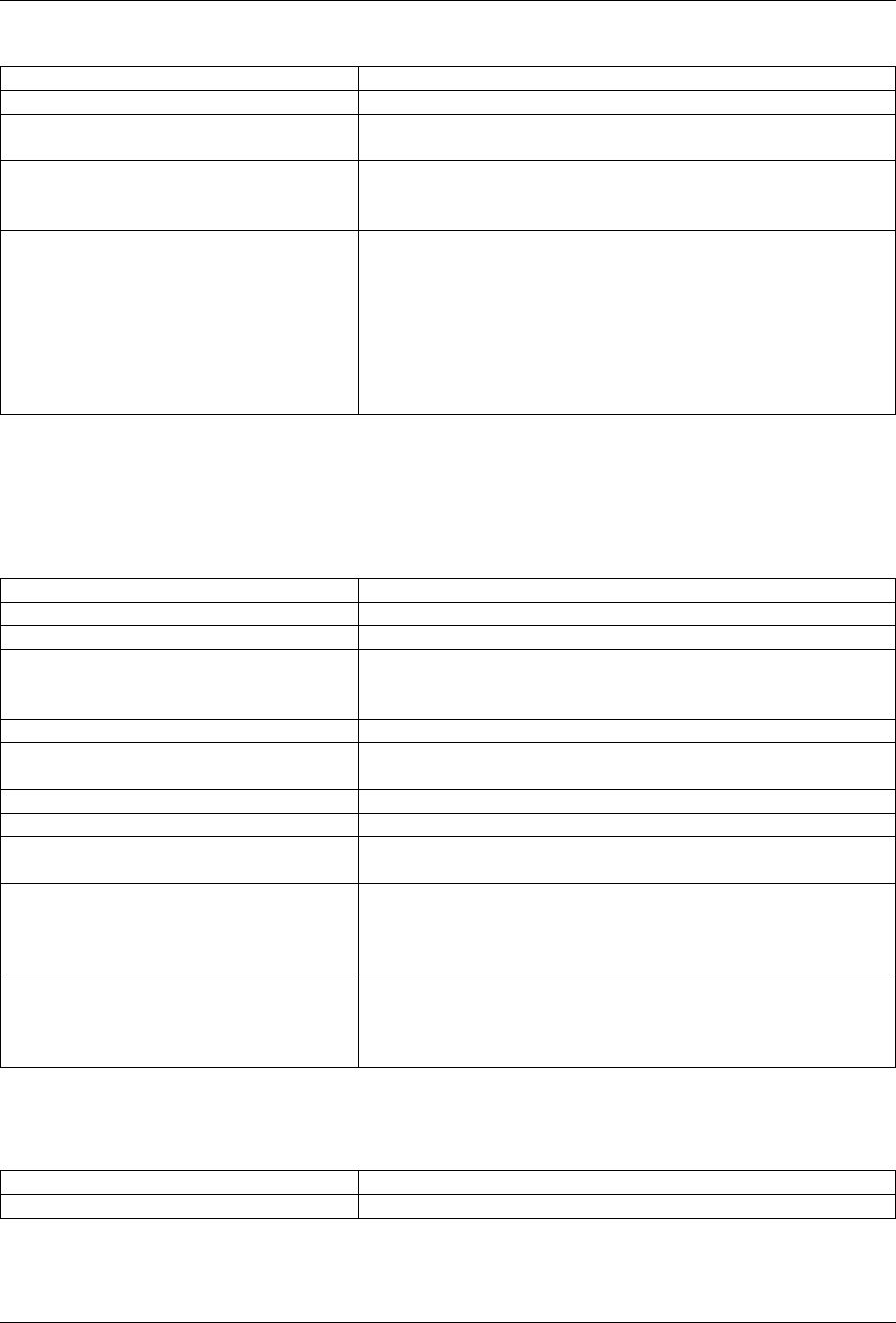
GeoServer User Manual, Release 2.15.1
Option Description
Name The name of the role service
Administrator role The name of the role that performs the administrator func-
tions
XML filename Name of the file that will contain the role informa-
tion. Default is roles.xml in the security/role/
<name_of_roleservice> directory.
File reload interval Defines the frequency (in milliseconds) in which GeoServer
will check for changes to the XML file. If the file is found to
have been modified, GeoServer will recreate the user/group
database based on the current state of the file. This value is
meant to be set in cases where the XML file contents might
change “out of process” and not directly through the web ad-
min interface. The value is specified in milliseconds. A value
of 0 disables any checking of the file.
Add new JDBC role service
To add a new XML role service, click the Add new link, and then the JDBC option at the top of the following
form. The following figure shows the configuration options for a JDBC role service.
Option Description
Name Name of the JDBC role service in GeoServer
Administrator role The name of the role that performs the administrator function
JNDI When unchecked, specifies a direct connection to the
database. When checked, specifies an existing connection lo-
cated through JNDI.
Driver class name JDBC driver to use for the database connection
Connection URL Specifies the JDBC URL to use when creating the database
connection
Username Username to use when connecting to the database
Password Password to use when connecting to the database
Create database tables Specifies whether to create all the necessary tables in the un-
derlying database
Data Definition Language (DDL) file Specifies a custom DDL file to use for creating tables in the
underlying database, for cases where the default DDL state-
ments fail on the given database. If left blank, internal de-
faults are used.
Data Manipulation Language (DML)
file
Specifies a custom DML file to use for accessing tables in the
underlying database, for cases where the default DML state-
ments fail on the given database. If left blank, internal de-
faults are used.
In addition to the parameters listed above, the following additional parameter will apply when the JNDI
flag is set.
Option Description
JNDI resource name JNDI name used to locate the database connection.
1406 Chapter 13. Security
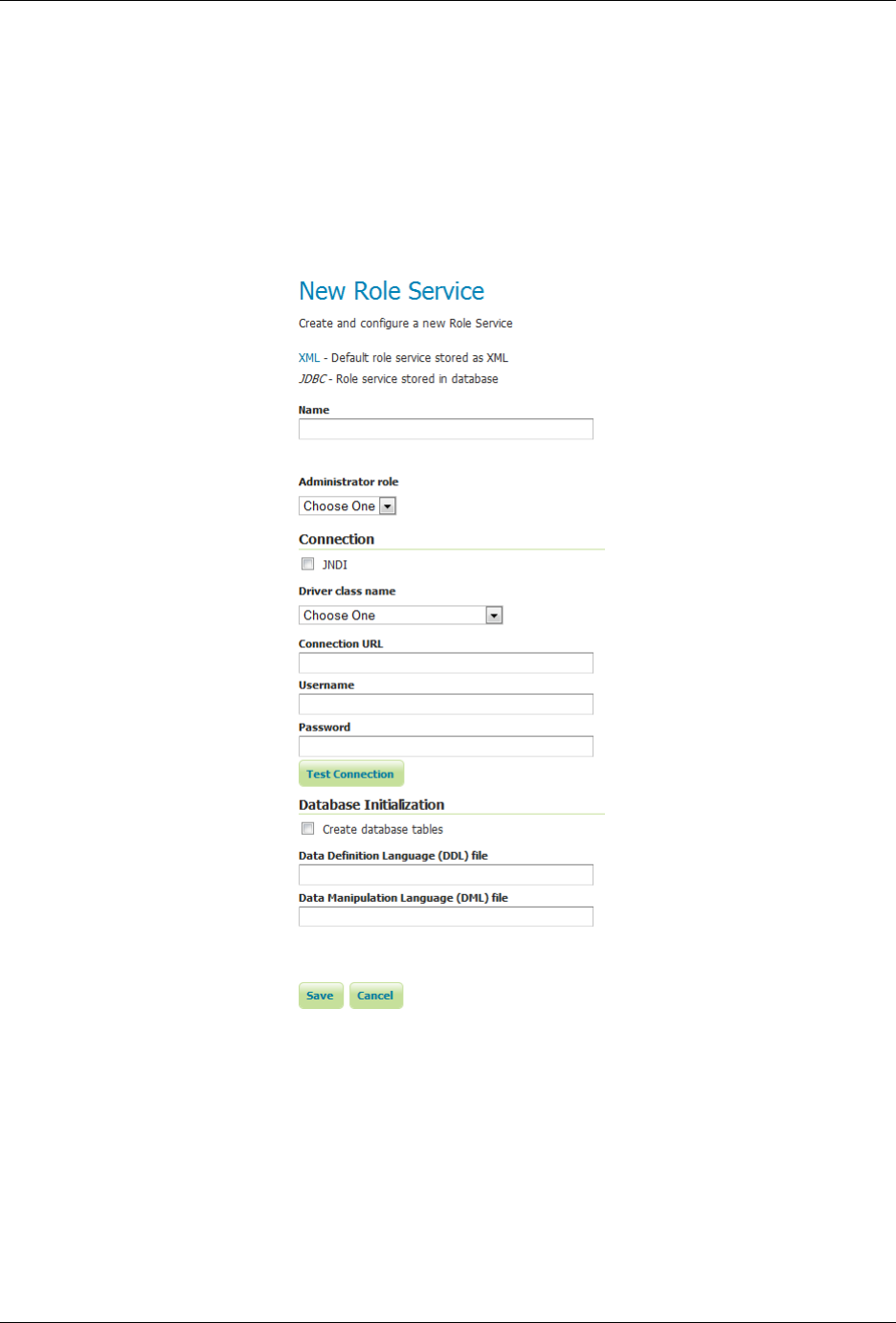
GeoServer User Manual, Release 2.15.1
Fig. 13.28: Adding a role service via JDBC
13.1. Security settings 1407
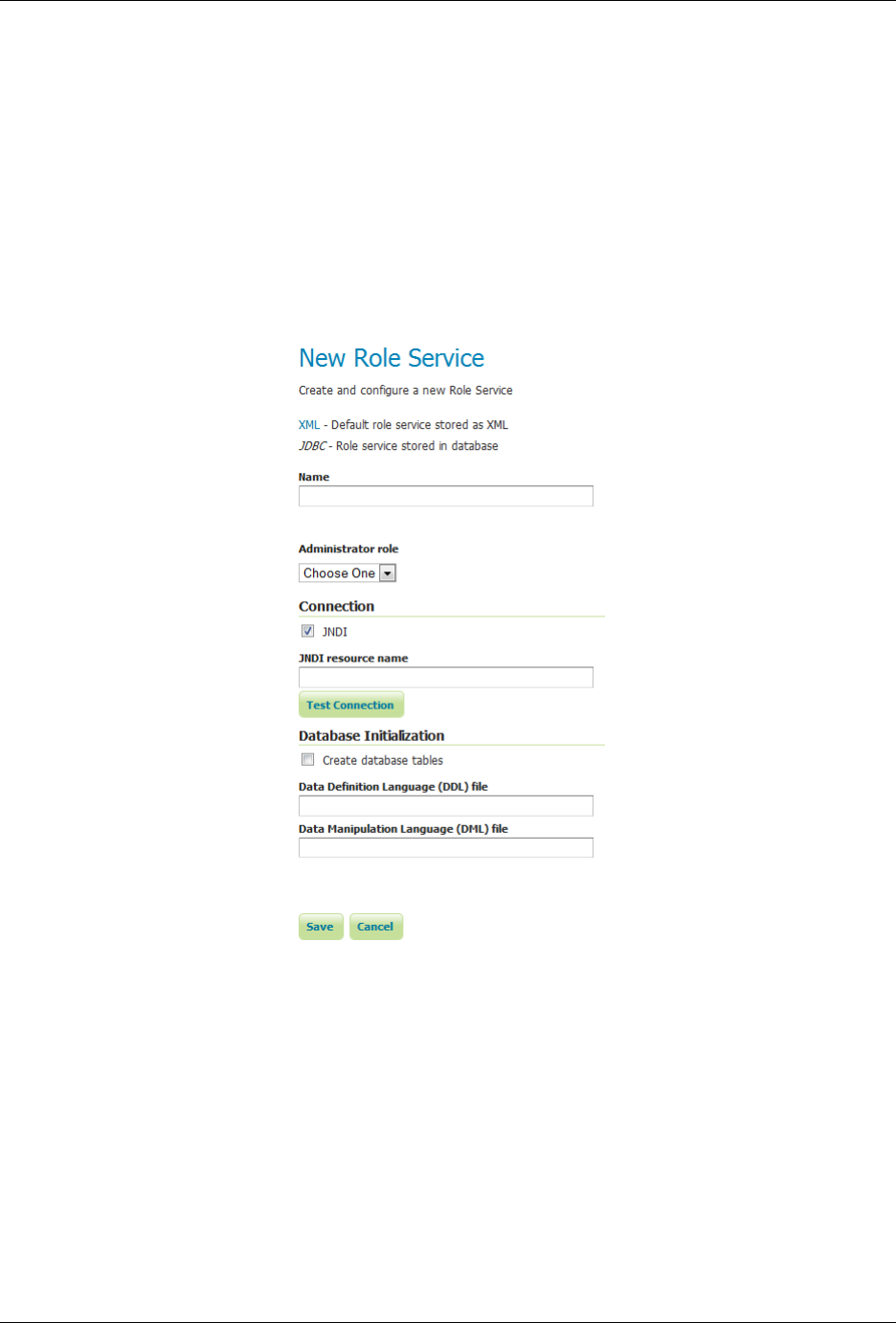
GeoServer User Manual, Release 2.15.1
Fig. 13.29: Adding a role service via JDBC with JNDI
1408 Chapter 13. Security

GeoServer User Manual, Release 2.15.1
Add new LDAP role service
To add a new LDAP role service, click the Add new link, and then the LDAP option at the top of the following
form. The following figure shows the configuration options for a LDAP role service.
Fig. 13.30: Adding a role service via LDAP
13.1. Security settings 1409
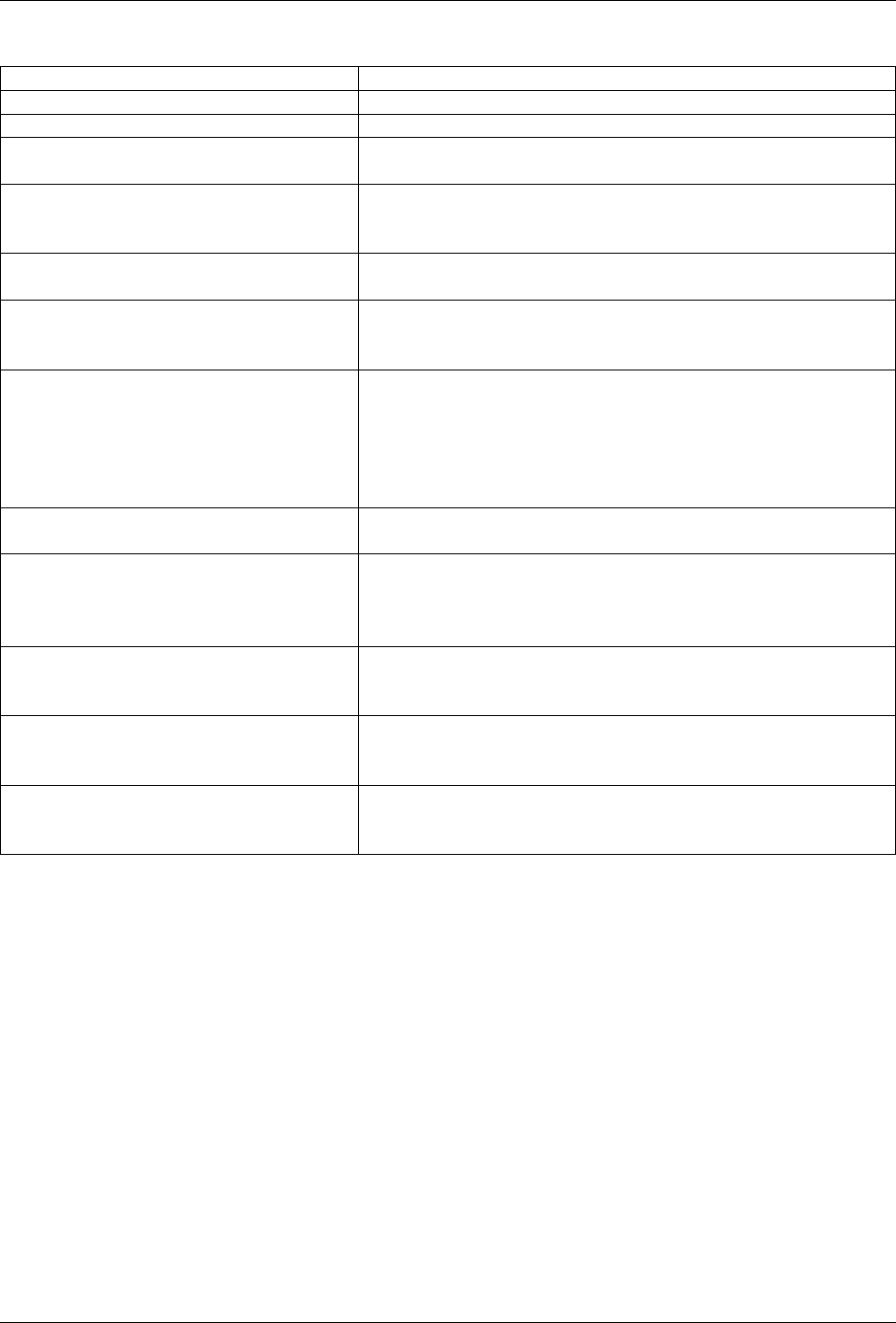
GeoServer User Manual, Release 2.15.1
Option Description
Name Name of the LDAP role service in GeoServer
Administrator role The name of the role that performs the administrator function
Group administrator role The name of the role that performs the group administrator
function
Server URL URL for the LDAP server connection. It must include the
protocol, host, and port, as well as the “distinguished name”
(DN) for the root of the LDAP tree.
TLS Enables a STARTTLS connection. (See the section on Secure
LDAP connections.)
Group search base Relative name of the node in the tree to use as the base for
LDAP groups. Example: ou=groups. The root DN specified
as port of the Server URL is automatically appended.
Group user membership search filter Search pattern for extracting users of a LDAP group a user
belongs to. This may contain some placeholder values: {0},
the username of the user, for example bob.{1}, the full DN
of the user, for example uid=bob,ou=users. To use this
placeholder, the Filter used to lookup user needs to be defined,
so that the dn of a user can be extracted from its username.
All groups search filter Search pattern for locating the LDAP groups to be mapped to
GeoServer roles inside the Group search base root node
Filter used to lookup user. optional filter used to extract a user dn, to be used together
with Group user membership search filter when the {1} place-
holder is specified. This may contain a placeholder value:
{0}, the username of the user, for example bob.
Authenticate to extract roles When checked all LDAP searches will be done in authenti-
cated mode, using the credentials given with the Username
and Password options
Username Username to use when connecting to the LDAP server. Only
applicable when the Authenticate to extract roles parameter is
checked.
Password Password to use when connecting to the LDAP server. Only
applicable when the Authenticate to extract roles parameter is
checked.
Edit role service
Once the new role service is added (either XML or JDBC), clicking it in the list of role services will allow
the additional options to be specified, such as the roles associated with the service.
There are two tabs in the resulting menu: Settings and Roles. The Settings tab is identical to that found when
creating the role service, while the Roles tab is described below.
Clicking a role will allow its parameters to be changed, while clicking the Add new link will create a new
role.
1410 Chapter 13. Security
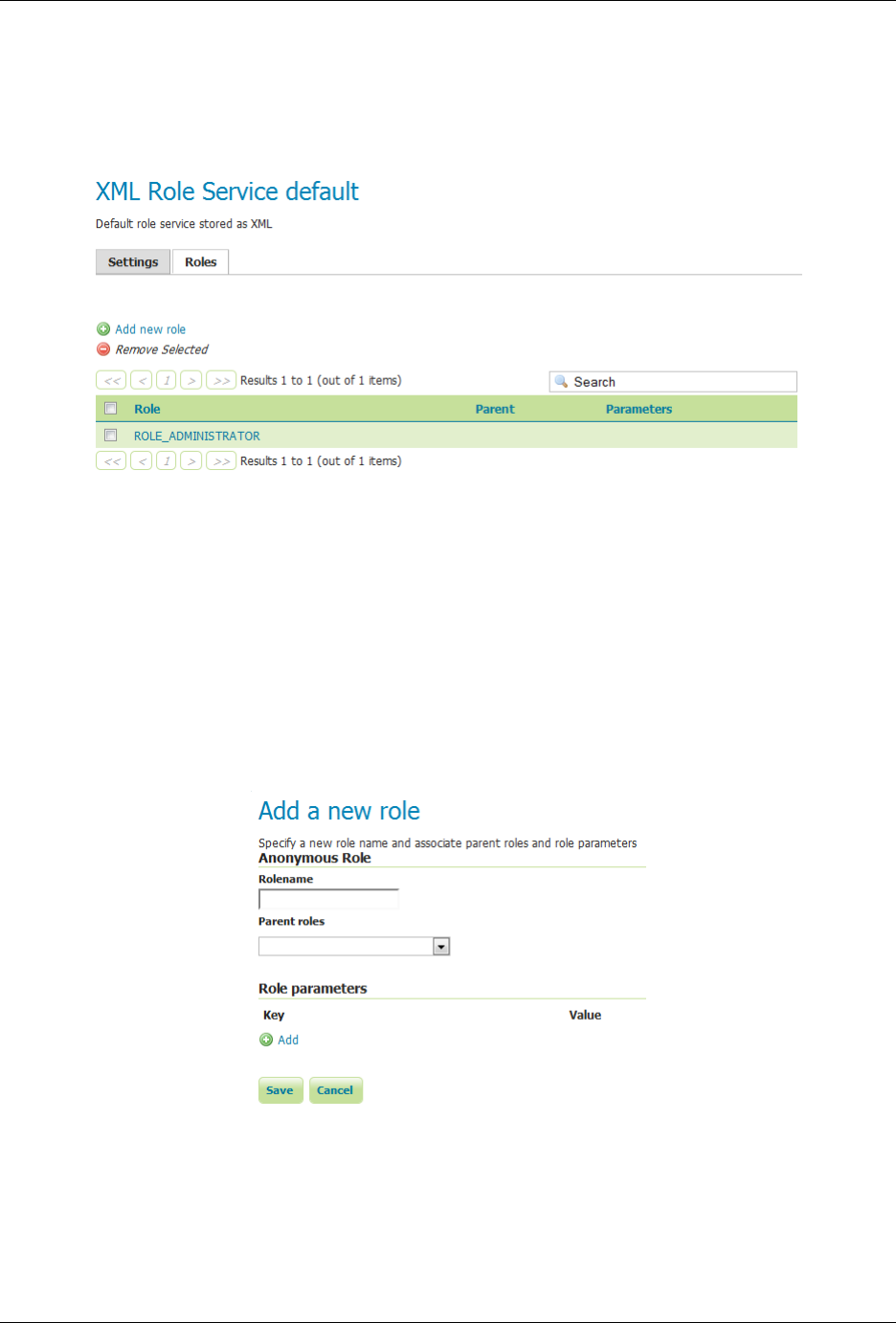
GeoServer User Manual, Release 2.15.1
Fig. 13.31: Roles tab
Fig. 13.32: Creating or editing a role
13.1. Security settings 1411
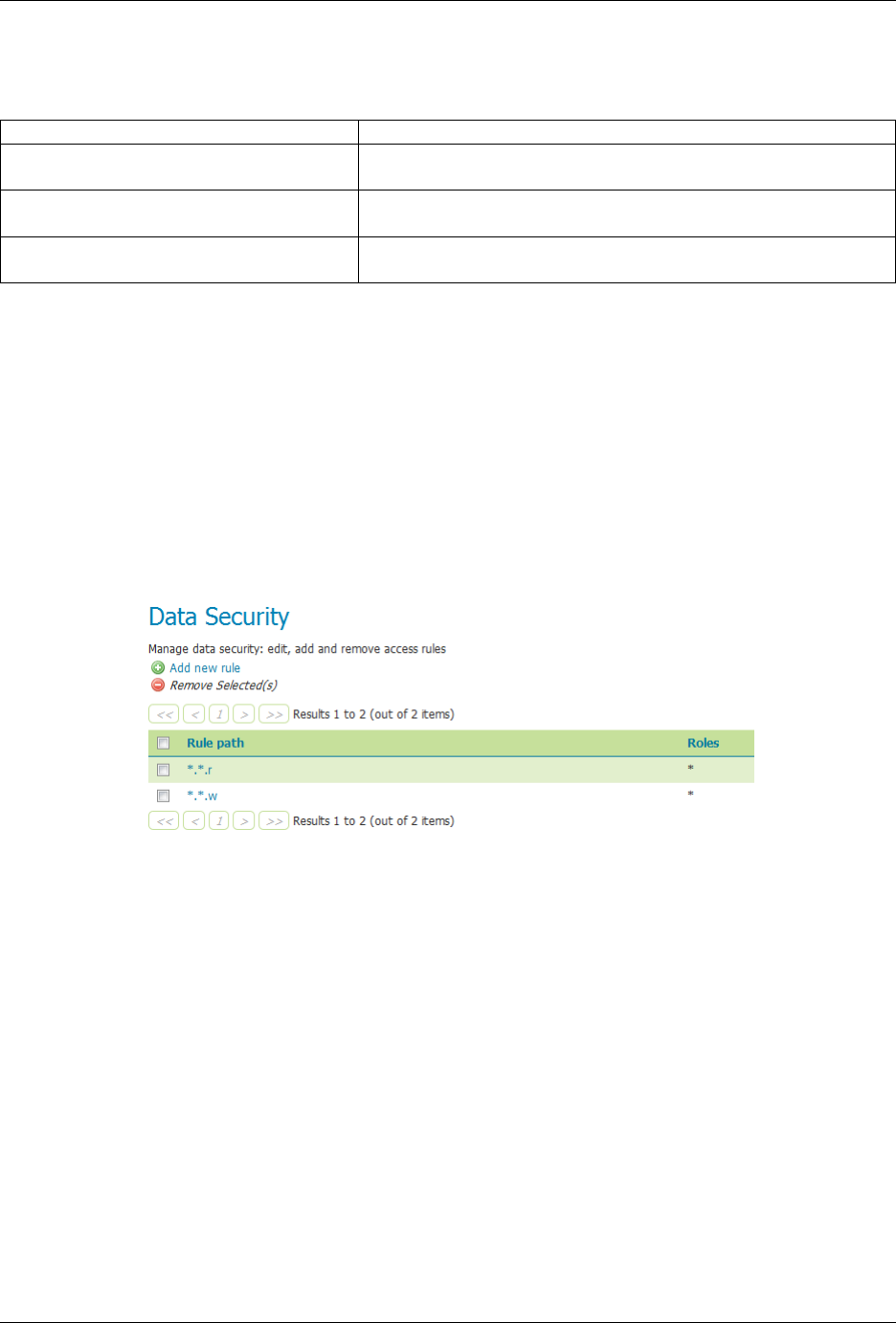
GeoServer User Manual, Release 2.15.1
Add role
Option Description
Role name The name of role. Convention is uppercase, but is not re-
quired.
Parent roles The role that this role inherits. See the section on Roles for
more information on inheritance.
Role parameters Key/value pairs associated with the role. Used for associat-
ing additional information with the role.
13.1.5 Data
This section provides access to security settings related to data management and Layer security. Data access
is granted to roles, and roles are granted to users and groups.
Rules
There are two rules available by default, but they don’t provide any restrictions on access by default. The
first rule *.*.r, applied to all roles, states that any operation in any resource in any workspace can be read.
The second rule, *.*.w, also applied to all roles, says the same for write access.
Fig. 13.33: Rules for data access
Clicking an existing rule will open it for editing, while clicking the Add a new rule link will create a new
rule.
1412 Chapter 13. Security
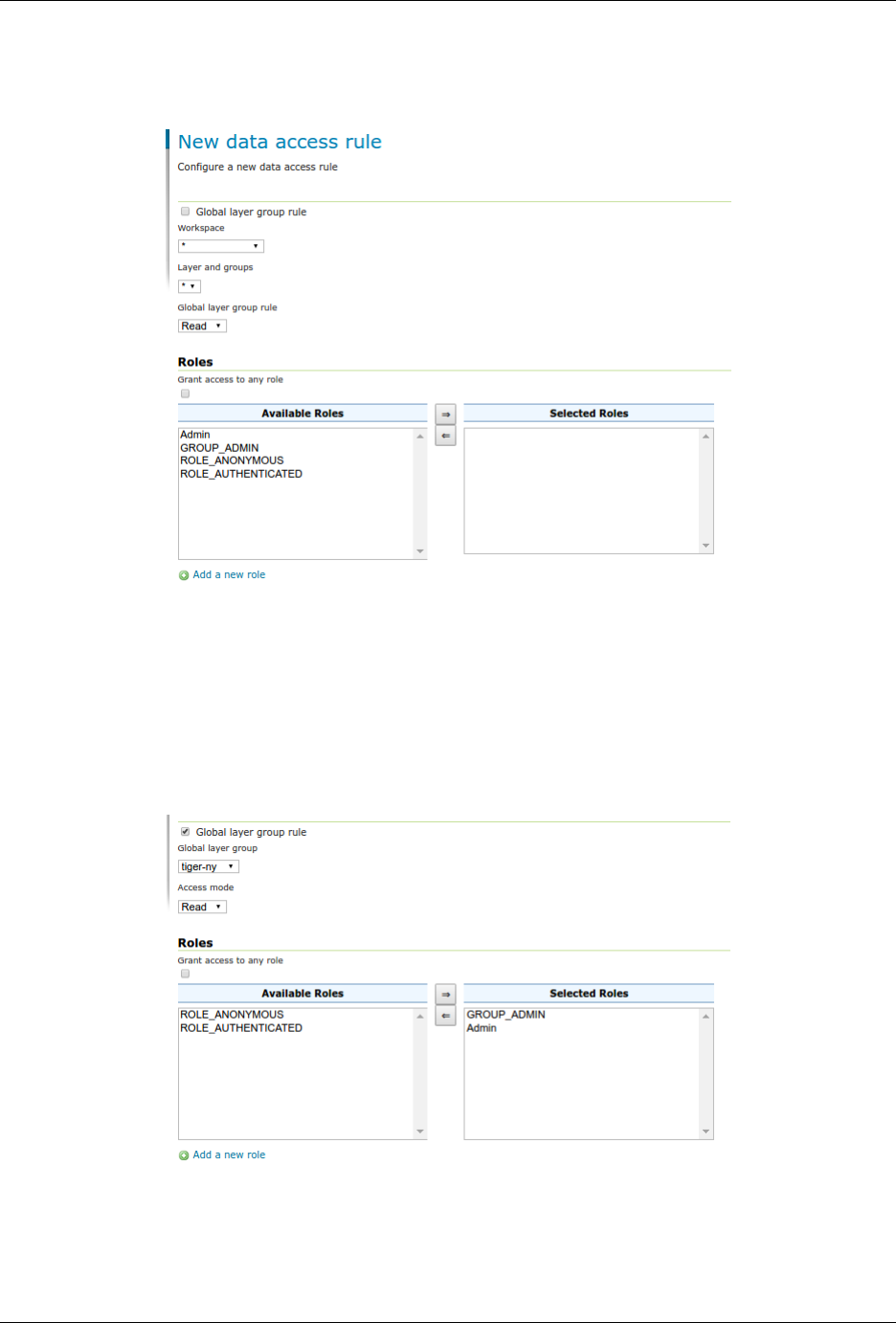
GeoServer User Manual, Release 2.15.1
Fig. 13.34: Creating a new rule
Fig. 13.35: Editing a layer group rule
13.1. Security settings 1413
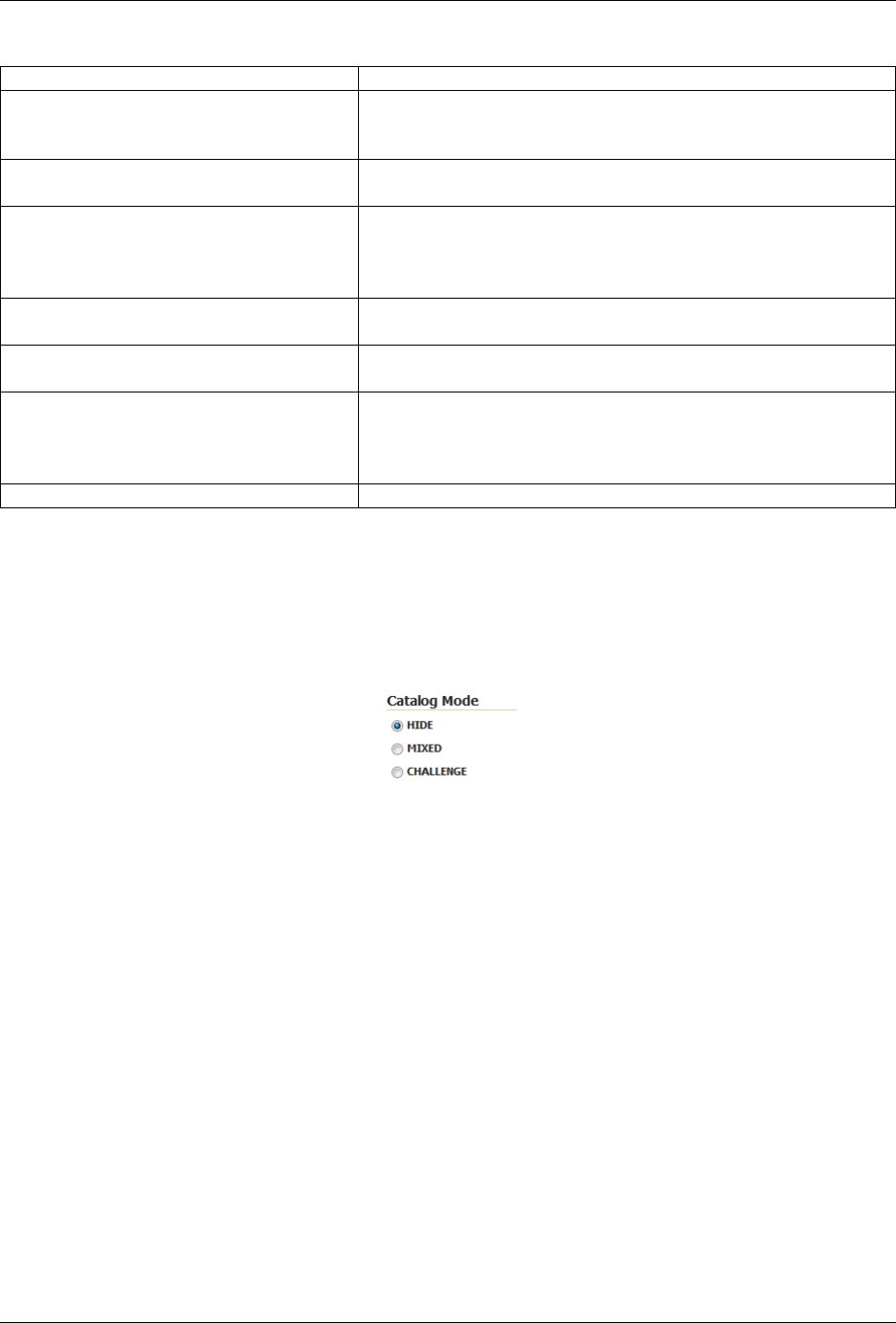
GeoServer User Manual, Release 2.15.1
Option Description
Global layer group rule If checked, switches the editor to create/edit a rule about a
global layer group (and will remove the layer configuration
as a result)
Workspace Sets the allowed workspace for this rule. Options are *(all
workspaces), or the name of each workspace.
Layer and groups Sets the allowed layer/groups for this rule. Options are *
(all layers/groups in the chosen workspace), or the name of
each layer in the above workspace. Will be disabled until the
workspace is set.
Access mode Specifies whether the rule refers to either Read or Write
mode
Grant access to any role If selected, the rule will apply to all roles, with no need to
specify
Role list Full list of roles, including a list of roles to which the rule
is associated. Association can be toggled here via the arrow
buttons. This option is not applied if Grant access to any role is
checked.
Add a new role Shortcut to adding a new role
Catalog Mode
This mode configures how GeoServer will advertise secured layers and behave when a secured layer is
accessed without the necessary privileges. There are three options: HIDE,MIXED, and CHALLENGE. For
further information on these options, please see the section on Layer security.
Fig. 13.36: Catalog mode
13.1.6 Services
This section provides access to the settings for Service Security. GeoServer can limit access based on OWS
services (WFS, WMS, etc.) and their specific operations (GetCapabilities, GetMap, and so on).
By default, no service-based security is in effect in GeoServer. However rules can be added, removed, or
edited here.
Clicking the Add a new rule link will create a new rule.
1414 Chapter 13. Security
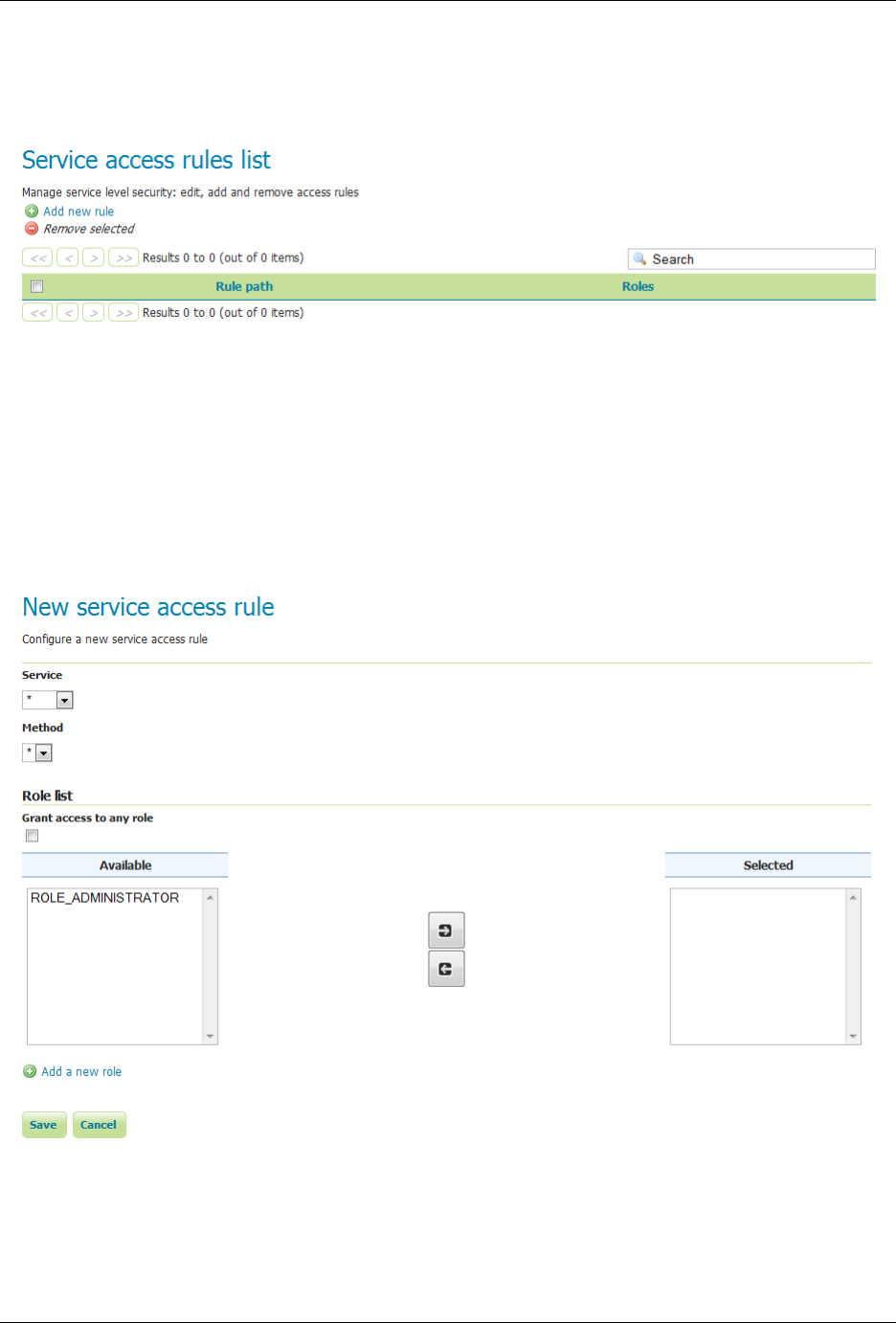
GeoServer User Manual, Release 2.15.1
Fig. 13.37: Service access rules list
Fig. 13.38: New service rule
13.1. Security settings 1415
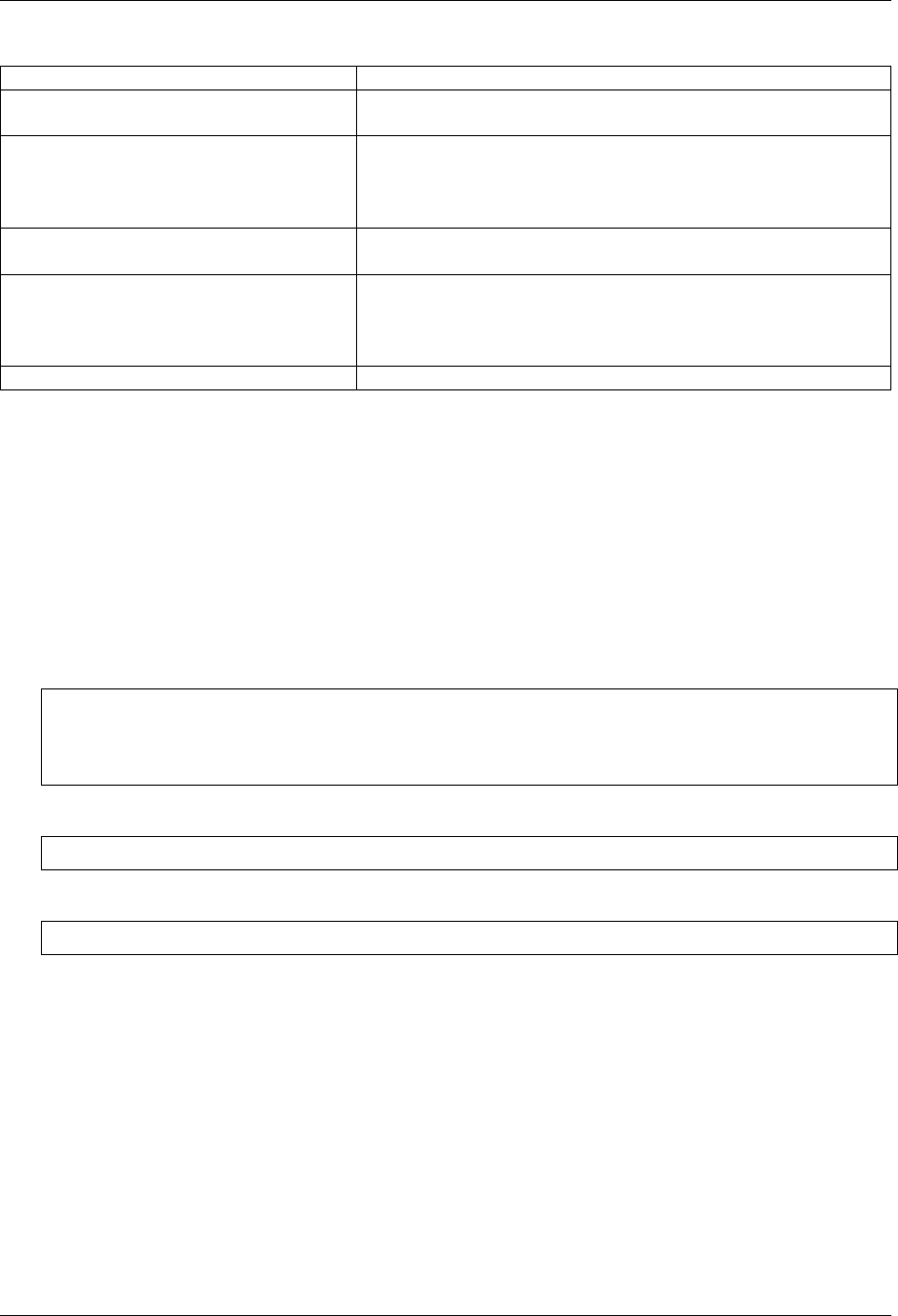
GeoServer User Manual, Release 2.15.1
Option Description
Service Sets the OWS service for this rule. Options are *, meaning all
services, wcs,wfs, or wms.
Method Sets the specific operation for this rule. Options depend on
the Service, but include *, meaning all operations, as well as
every service operation known to GeoServer, such as Capa-
bilities, Transaction, GetMap, and more.
Grant access to any role If selected, the rule will apply to all roles (no need to specify
which ones)
Role list Full list of roles, including a list of roles to which the rule is
associated. Association can be switched here via the arrow
buttons. This option is not applied if Grant access to any role is
checked.
Add a new role Shortcut to adding a new role
13.1.7 File Browsing
The GeoServer web admin employs a file browser dialog that will expose locations of the file system other
than the GeoServer directory. These locations include the root of the file system and the users home direc-
tory. In highly secure and multi-tenant environments disabling this feature may be desired.
The property GEOSERVER_FILEBROWSER_HIDEFS can be used to disable this functionality. When set to
true only the GeoServer data directory will be exposed through the file browser.
The property is set through one of the standard means:
•web.xml
<context-param>
<param-name>GEOSERVER_FILEBROWSER_HIDEFS</param-name>
<param-value>true</param-value>
</context-param>
• System property
-DGEOSERVER_FILEBROWSER_HIDEFS=true
• Environment variable
export GEOSERVER_FILEBROWSER_HIDEFS=true
13.2 Role system
Security in GeoServer is based on a role-based system, with roles created to serve particular functions.
Examples of roles sporting a particular function are those accessing the Web Feature Service (WFS), admin-
istering the Web administration interface, and reading a specific layer. Roles are assigned to users and groups
of users, and determine what actions those users or groups are permitted to do. A user is authorized
through Authentication.
1416 Chapter 13. Security

GeoServer User Manual, Release 2.15.1
13.2.1 Users and Groups
The definition of a GeoServer user is similar to most security systems. Although the correct Java term
is principal—a principal being a human being, computer, software system, and so on—the term user is
adopted throughout the GeoServer documentation. For each user the following information is maintained:
• User name
•Password (optionally stored encrypted)
• A flag indicating if the user is enabled (this is the default). A disabled user is prevented from logging
on. Existing user sessions are not affected.
• Set of key/value pairs
Key/value pairs are implementation-specific and may be configured by the user/group service the user or
group belongs to. For example, a user/group service that maintains information about a user such as
Name, Email address, and so on, may wish to associate those attributes with the user object.
A GeoServer group is simply a set of users. For each group the following information is maintained:
• Group name
• A flag indicating if the group is enabled (this is the default). A disabled group does not contribute to
the role calculation for all users contained in this group.
• List of users who belong to the group
13.2.2 User/group services
Auser/group service provides the following information for users and groups:
• Listing of users
• Listing of groups, including users affiliated with each group
• User passwords
Many authentication providers will make use of a user/group service to perform authentication. In this
case, the user/group service would be the database against which users and passwords are authenticated.
Depending on how the Authentication chain is configured, there may be zero, one, or multiple user/group
services active at any given time.
A user/group service may be read-only, providing access to user information but not allowing new users
and groups to be added or altered. This may occur if a user/group service was configured to delegate to an
external service for the users and groups database. An example of this would be an external LDAP server.
By default, GeoServer support two types of user/group services:
• XML—(Default) User/group service persisted as XML
• JDBC—User/group service persisted in database via JDBC
XML user/group service
The XML user/group service persists the user/group database in an XML file. This is the default behavior
in GeoServer. This service represents the user database as XML, and corresponds to this XML schema.
13.2. Role system 1417
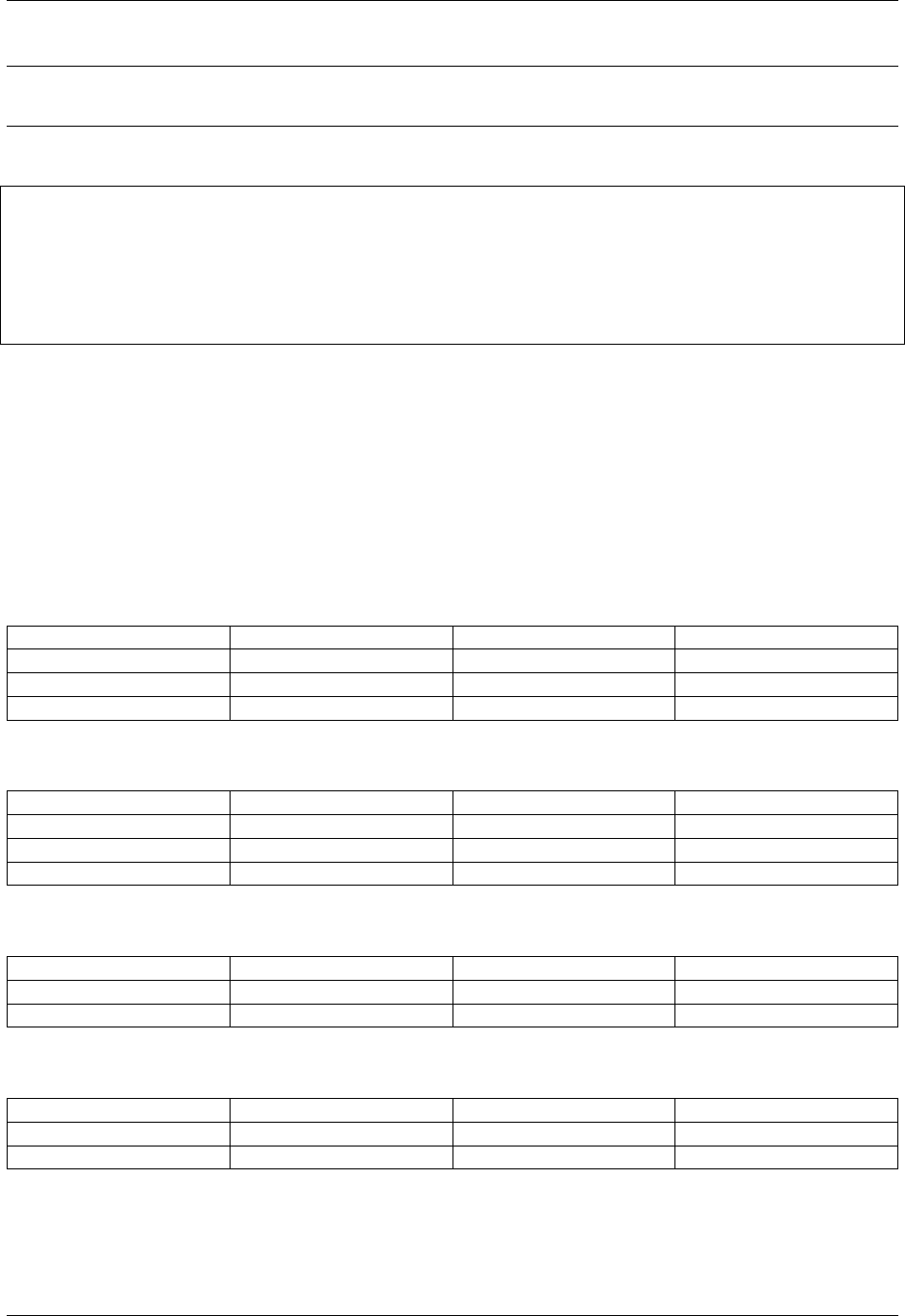
GeoServer User Manual, Release 2.15.1
Note: The XML user/group file, users.xml, is located in the GeoServer data directory, security/
usergroup/<name>/users.xml, where <name> is the name of the user/group service.
The following is the contents of users.xml that ships with the default GeoServer configuration:
<userRegistry version="1.0" xmlns="http://www.geoserver.org/security/users">
<users>
<user enabled="true" name="admin" password=
,→"crypt1:5WK8hBrtrte9wtImg5i5fjnd8VeqCjDB"/>
</users>
<groups/>
</userRegistry>
This particular configuration defines a single user, admin, and no groups. By default, stored user pass-
words are encrypted using the weak PBE method.
For further information, please refer to configuring a user/group service in the Web administration interface.
JDBC user/group service
The JDBC user/group service persists the user/group database via JDBC, managing the user information
in multiple tables. The user/group database schema is as follows:
Table 13.1: Table: users
Field Type Null Key
name varchar(128) NO PRI
password varchar(254) YES
enabled char(1) NO
Table 13.2: Table: user_props
Field Type Null Key
username varchar(128) NO PRI
propname varchar(64) NO PRI
propvalue varchar(2048) YES
Table 13.3: Table: groups
Field Type Null Key
name varchar(128) NO PRI
enabled char(1) NO
Table 13.4: Table: group_members
Field Type Null Key
groupname varchar(128) NO PRI
username varchar(128) NO PRI
The users table is the primary table and contains the list of users with associated passwords. The
user_props table maps additional properties to a user. (See Users and Groups for more details.) The
groups table lists all available groups, and the group_members table maps which users belong to which
groups.
1418 Chapter 13. Security
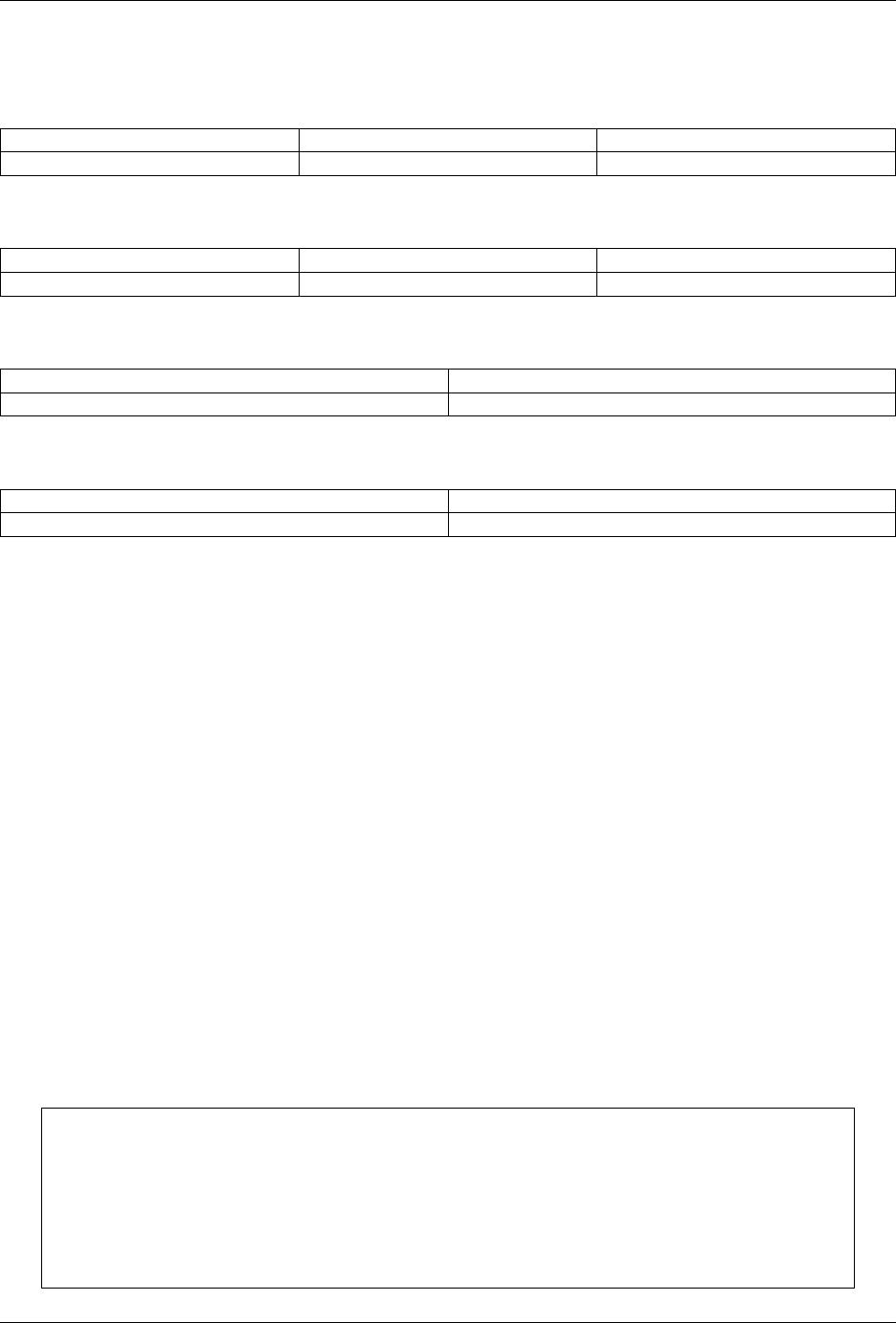
GeoServer User Manual, Release 2.15.1
The default GeoServer security configuration is:
Table 13.5: Table: users
name password enabled
Empty Empty Empty
Table 13.6: Table: user_props
username propname propvalue
Empty Empty Empty
Table 13.7: Table: groups
name enabled
Empty Empty
Table 13.8: Table: group_members
groupname username
Empty Empty
For further information, please refer to configuring a user/group service in the Web administration interface.
LDAP user/group service
The LDAP user/group service is a read only user/group service that maps users and groups from an LDAP
repository to GeoServer users and groups.
Users are extracted from a specific LDAP node, configured as the Users search base. Groups are ex-
tracted from a specific LDAP node, configured as the Groups search base. A user is mapped for every
matching user and a group is mapped for every matching group.
It is possible to specify the attributes which contain the name of the group (such as cn), the user (such
as uid) as well as the membership relationship between the two (such as member). However, it is also
possible to specify specific filters to search for all users/groups (for example cn=*), find a user/group by
name (for example cn={0}) and map users to groups (such as member={0}). These filters can also be
automatically derived from the attribute names. Alternatively, the attribute names may be left empty if the
filters are provided.
For users, additional properties (key/value pairs, see Users and Groups) may be populated from the LDAP
Server by providing a comma separated list of property names.
Retrieving the user/group information can be done anonymously or using a given username/password if
the LDAP repository requires it.
An example of configuration file (config.xml) for this type of role service is the following:
<org.geoserver.security.ldap.LDAPUserGroupServiceConfig>
<id>2c3e0e8d:154853796a3:-8000</id>
<name>myldapservice</name>
<className>org.geoserver.security.ldap.LDAPUserGroupService</className>
<serverURL>ldap://127.0.0.1:10389/dc=acme,dc=org</serverURL>
<groupSearchBase>ou=groups</groupSearchBase>
<groupFilter>cn={0}</groupFilter>
<groupNameAttribute>cn</groupNameAttribute>
13.2. Role system 1419

GeoServer User Manual, Release 2.15.1
<allGroupsSearchFilter>cn=*</allGroupsSearchFilter>
<groupSearchFilter>member={0}</groupSearchFilter>
<groupMembershipAttribute>member</groupMembershipAttribute>
<userSearchBase>ou=people</userSearchBase>
<userFilter>uid</userFilter>
<userNameAttribute>uid={0}</userNameAttribute>
<allUsersSearchFilter>uid=*</allUsersSearchFilter>
<useTLS>false</useTLS>
<bindBeforeGroupSearch>true</bindBeforeGroupSearch>
<user>admin</user>
<password>admin</password>
<passwordEncoderName>emptyPasswordEncoder</passwordEncoderName>
<passwordPolicyName>default</passwordPolicyName>
<populatedAttributes>email, telephone</populatedAttributes>
</org.geoserver.security.ldap.LDAPUserGroupServiceConfig>
For further information, please refer to configuring a user/group service in the Web administration interface.
13.2.3 Roles
GeoServer roles are keys associated with performing certain tasks or accessing particular resources. Roles
are assigned to users and groups, authorizing them to perform the actions associated with the role. A
GeoServer role includes the following:
• Role name
• Parent role
• Set of key/value pairs
GeoServer roles support inheritance—a child role inherits all the access granted to the parent role. For
example, suppose you have one role named ROLE_SECRET and another role, ROLE_VERY_SECRET, that
extends ROLE_SECRET.ROLE_VERY_SECRET can access everything ROLE_SECRET can access, but not vice
versa.
Key/value pairs are implementation-specific and may be configured by the role service the user or group
belongs to. For example, a role service that assigns roles based on employee organization may wish to
associate additional information with the role such as Department Name.
GeoServer has a number of system roles, the names of which are reserved. Adding a new GeoServer role
with reserved name is not permitted.
•ROLE_ADMINISTRATOR—Provides access to all operations and resources
•ROLE_GROUP_ADMIN—Special role for administrating user groups
•ROLE_AUTHENTICATED—Assigned to every user authenticating successfully
•ROLE_ANONYMOUS—Assigned if anonymous authentication is enabled and user does not log on
13.2.4 Role services
Arole service provides the following information for roles:
• List of roles
• Calculation of role assignments for a given user
• Mapping of a role to the system role ROLE_ADMINISTRATOR
1420 Chapter 13. Security
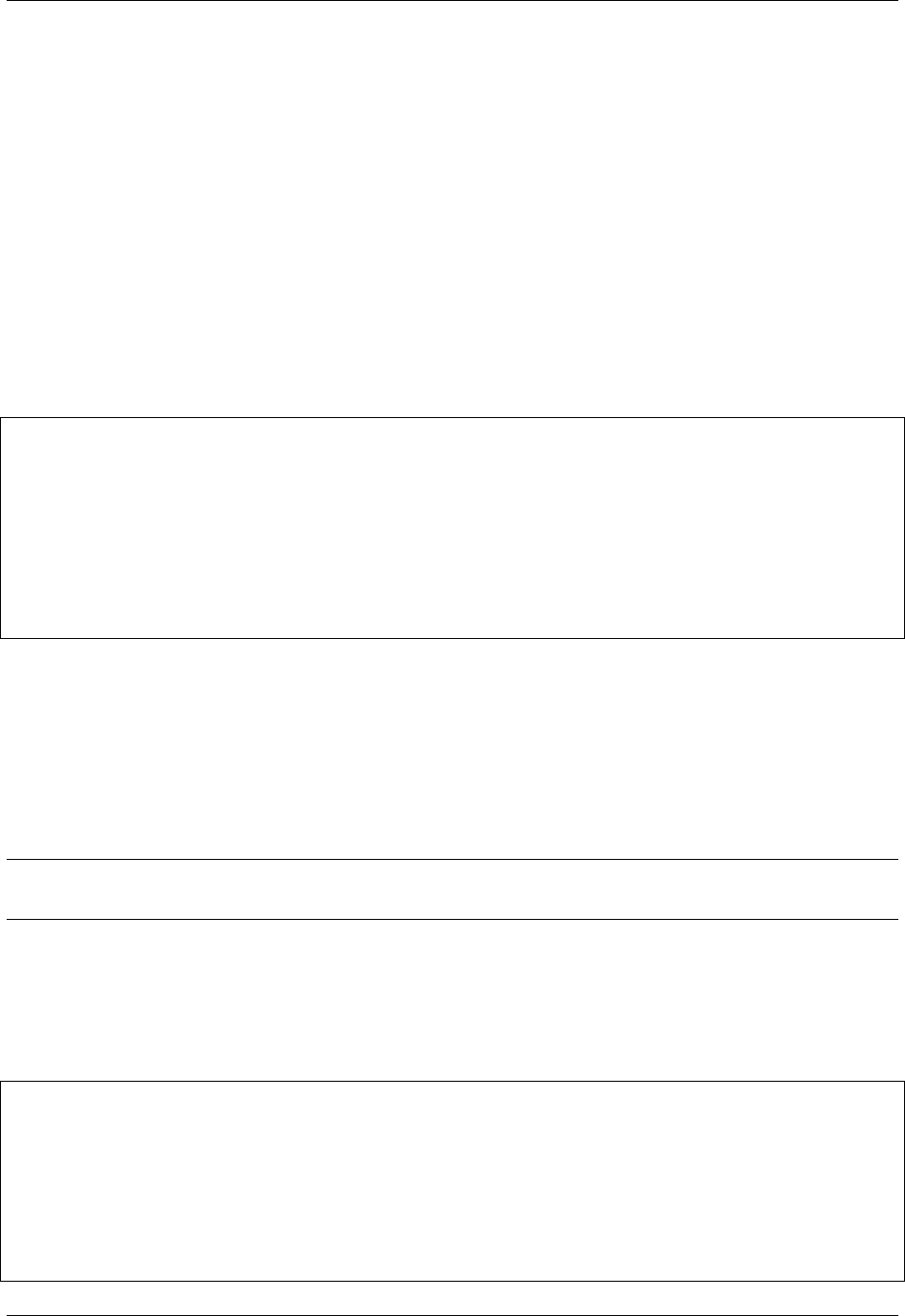
GeoServer User Manual, Release 2.15.1
• Mapping of a role to the system role ROLE_GROUP_ADMIN
When a user/group service loads information about a user or a group, it delegates to the role service to
determine which roles should be assigned to the user or group. Unlike User/group services, only one role
service is active at any given time.
By default, GeoServer supports two types of role services:
• XML—(Default) role service persisted as XML
• JDBC—Role service persisted in a database via JDBC
Mapping roles to system roles
To assign the system role ROLE_ADMINISTRATOR to a user or to a group, a new role with a different name
must be created and mapped to the ROLE_ADMINISTRATOR role. The same holds true for the system role
ROLE_GROUP_ADMIN. The mapping is stored in the service’s config.xml file.
<roleService>
<id>471ed59f:13915c479bc:-7ffc</id>
<name>default</name>
<className>org.geoserver.security.xml.XMLRoleService</className>
<fileName>roles.xml</fileName>
<checkInterval>10000</checkInterval>
<validating>true</validating>
<adminRoleName>ADMIN</adminRoleName>
<groupAdminRoleName>GROUP_ADMIN</groupAdminRoleName>
</roleService>
In this example, a user or a group assigned to the role ADMIN is also assigned to the system role
ROLE_ADMINISTRATOR. The same holds true for GROUP_ADMIN and ROLE_GROUP_ADMIN.
XML role service
The XML role service persists the role database in an XML file. This is the default role service for GeoServer.
This service represents the user database as XML, and corresponds to this XML schema.
Note: The XML role file, roles.xml, is located in the GeoServer data directory, security/role/
<name>/roles.xml, where <name> is the name of the role service.
The service is configured to map the local role ADMIN to the system role ROLE_ADMINISTRATOR. Addi-
tionally, GROUP_ADMIN is mapped to ROLE_GROUP_ADMIN. The mapping is stored the config.xml file of
each role service.
The following provides an illustration of the roles.xml that ships with the default GeoServer configura-
tion:
<roleRegistry version="1.0" xmlns="http://www.geoserver.org/security/roles">
<roleList>
<role id="ADMIN"/>
<role id="GROUP_ADMIN"/>
</roleList>
<userList>
<userRoles username="admin">
<roleRef roleID="ADMIN"/>
</userRoles>
13.2. Role system 1421
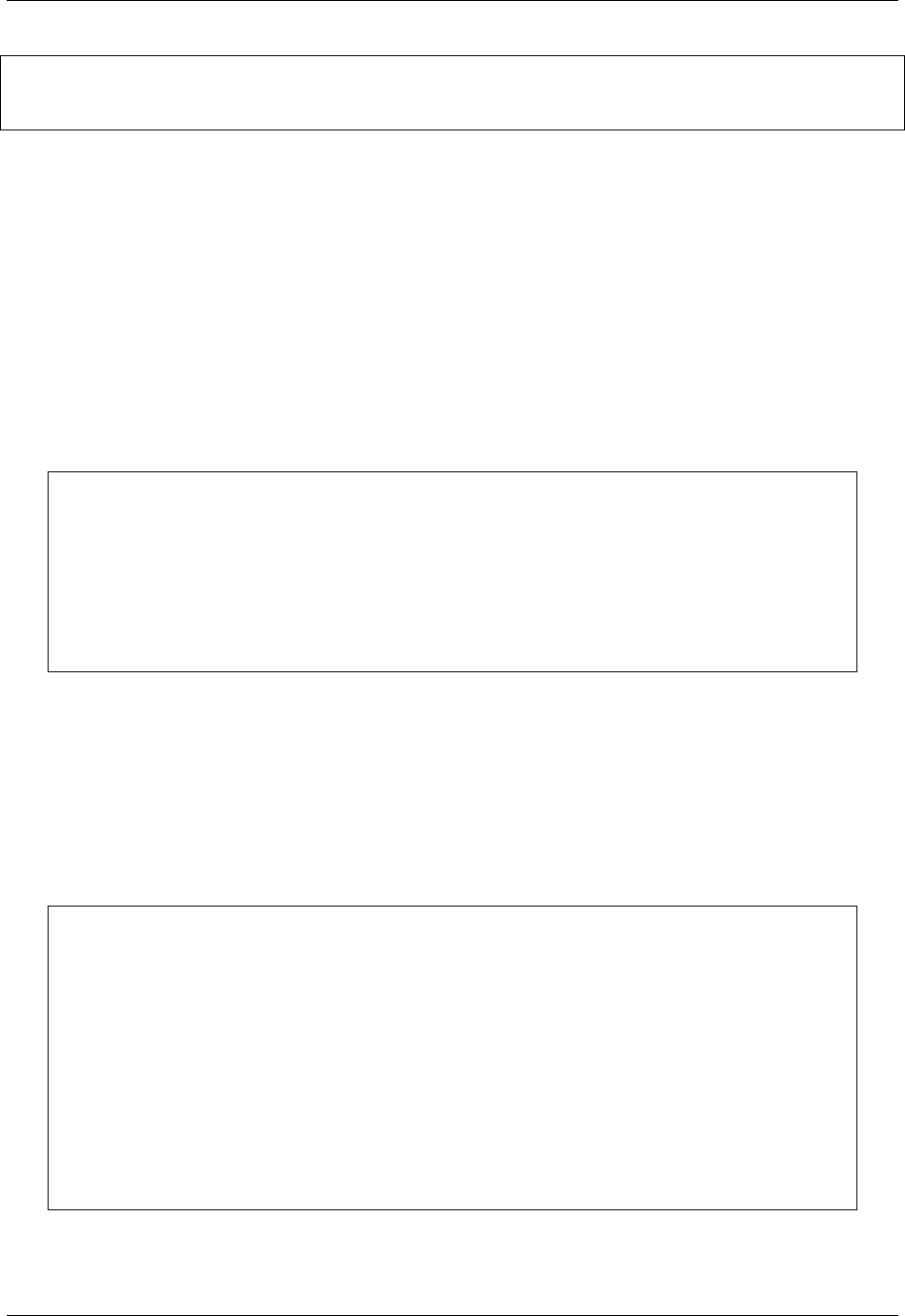
GeoServer User Manual, Release 2.15.1
</userList>
<groupList/>
</roleRegistry>
This configuration contains two roles named ADMIN and GROUP_ADMIN. The role ADMIN is assigned to the
admin user. Since the ADMIN role is mapped to the system role ROLE_ADMINISTRATOR, the role calculation
assigns both roles to the admin user.
For further information, please refer to configuring a role service in the Web administration interface.
J2EE role service
The J2EE role service parses roles from the WEB-INF/web.xml file. As a consequence, this service is a read
only role service. Roles are extracted from the following XML elements:
<security-role>
<security-role>
<role-name>role1</role-name>
</security-role>
<security-role>
<role-name>role2</role-name>
</security-role>
<security-role>
<role-name>employee</role-name>
</security-role>
Roles retrieved:
•role1
•role2
•employee
<security-constraint>
<security-constraint>
<web-resource-collection>
<web-resource-name>Protected Area</web-resource-name>
<url-pattern>/jsp/security/protected/*</url-pattern>
<http-method>PUT</http-method>
<http-method>DELETE</http-method>
<http-method>GET</http-method>
<http-method>POST</http-method>
</web-resource-collection>
<auth-constraint>
<role-name>role1</role-name>
<role-name>employee</role-name>
</auth-constraint>
</security-constraint>
Roles retrieved:
•role1
1422 Chapter 13. Security
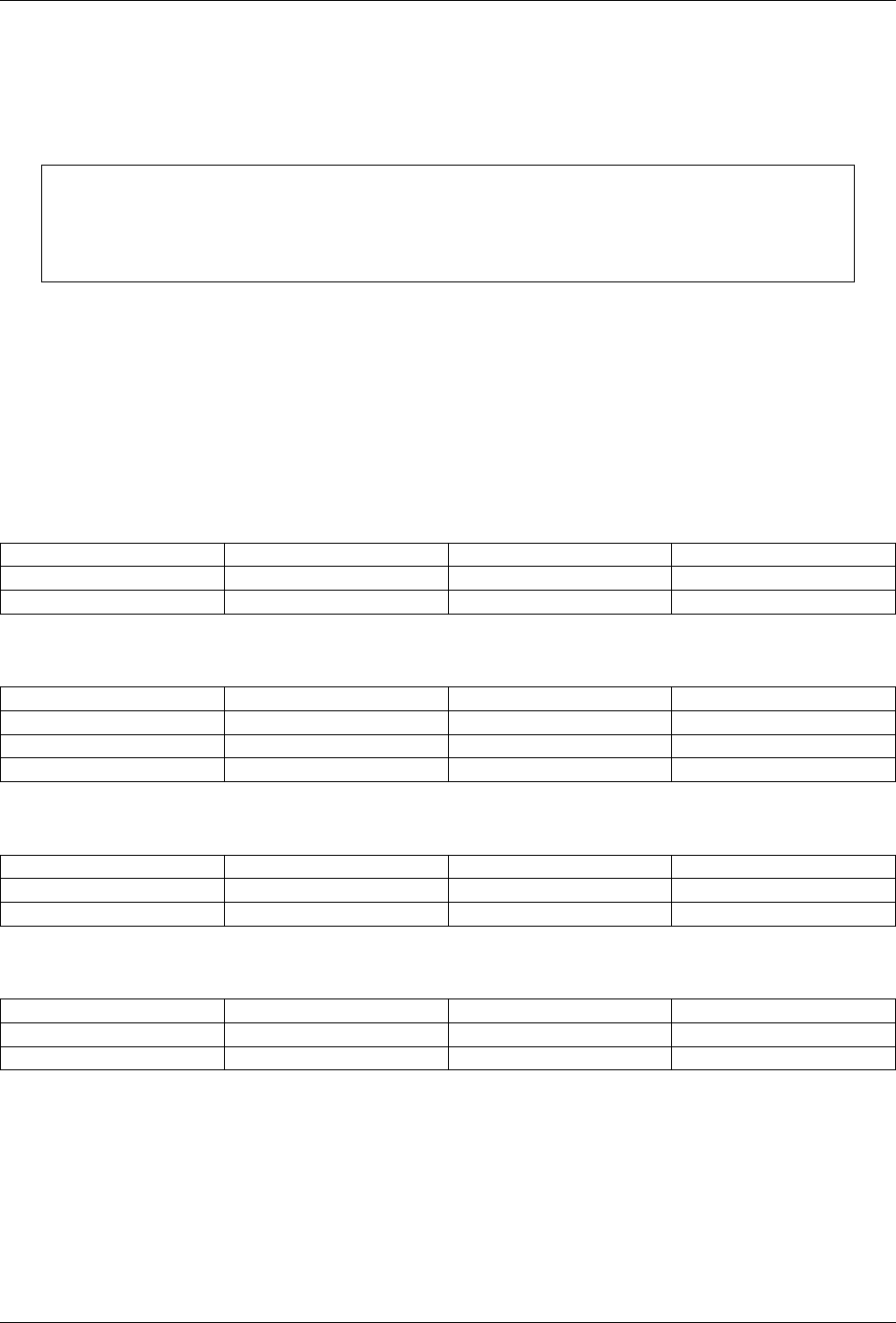
GeoServer User Manual, Release 2.15.1
•employee
<security-role-ref>
<security-role-ref>
<role-name>MGR</role-name>
<!-- role name used in code -->
<role-link>employee</role-link>
</security-role-ref>
Roles retrieved:
•MGR
JDBC role service
The JDBC role service persists the role database via JDBC, managing the role information in multiple tables.
The role database schema is as follows:
Table 13.9: Table: roles
Field Type Null Key
name varchar(64) NO PRI
parent varchar(64) YES
Table 13.10: Table: role_props
Field Type Null Key
rolename varchar(64) NO PRI
propname varchar(64) NO PRI
propvalue varchar(2048) YES
Table 13.11: Table: user_roles
Field Type Null Key
username varchar(128) NO PRI
rolename varchar(64) NO PRI
Table 13.12: Table: group_roles
Field Type Null Key
groupname varchar(128) NO PRI
rolename varchar(64) NO PRI
The roles table is the primary table and contains the list of roles. Roles in GeoServer support inheritance,
so a role may optionally have a link to a parent role. The role_props table maps additional properties to
a role. (See the section on Roles for more details.) The user_roles table maps users to the roles they are
assigned. Similarly the group_roles table maps which groups have been assigned to which roles.
The default GeoServer security configuration is:
13.2. Role system 1423
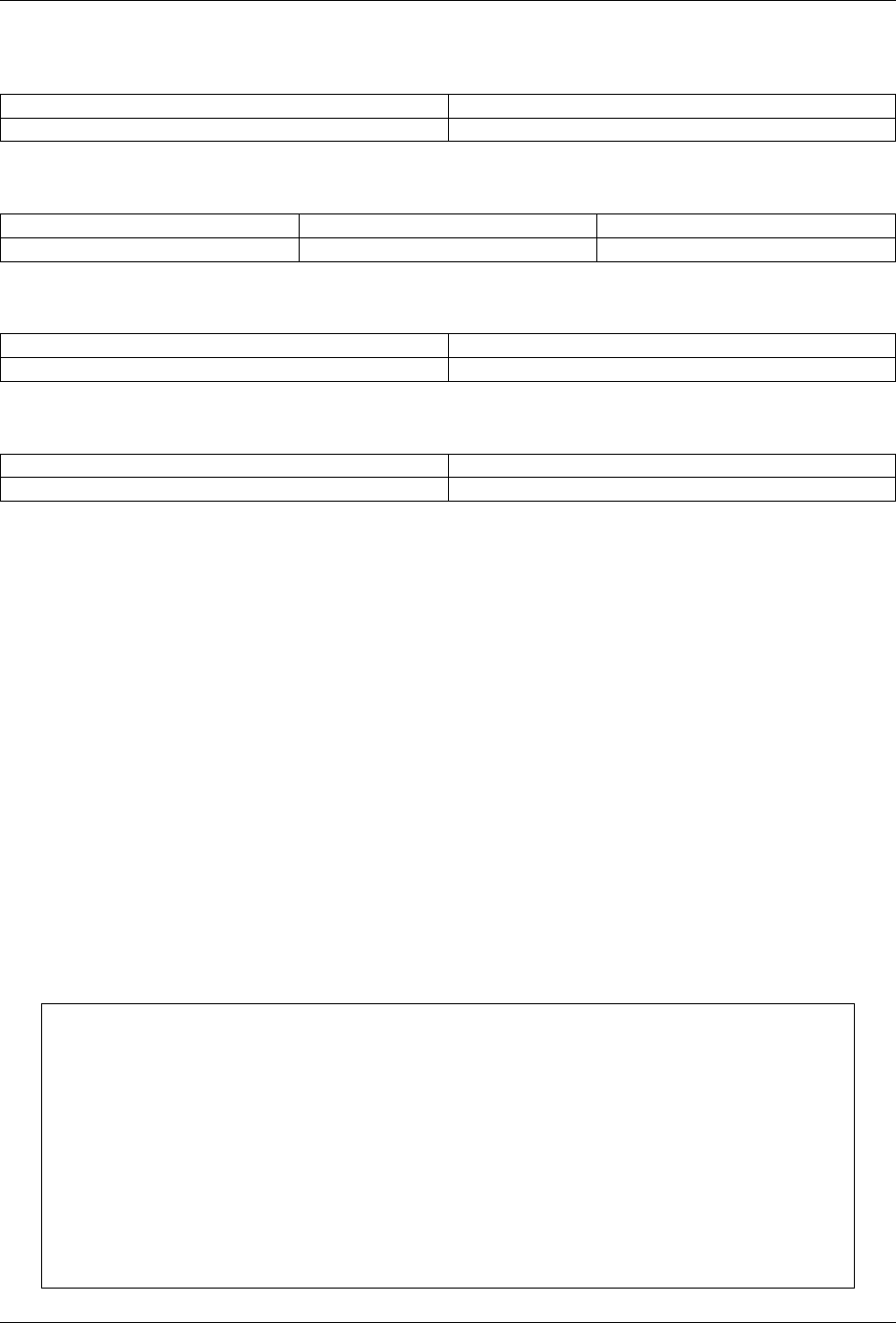
GeoServer User Manual, Release 2.15.1
Table 13.13: Table: roles
name parent
Empty Empty
Table 13.14: Table: role_props
rolename propname propvalue
Empty Empty Empty
Table 13.15: Table: user_roles
username rolename
Empty Empty
Table 13.16: Table: group_roles
groupname rolename
Empty Empty
For further information, please refer to configuring a role service in the Web administration interface.
LDAP role service
The LDAP role service is a read only role service that maps groups from an LDAP repository to GeoServer
roles.
Groups are extracted from a specific LDAP node, configured as the Groups search base. A role is
mapped for every matching group. The role will have a name that is built taking the Group common name
(cn attribute), transformed to upper case and with a ROLE_ prefix applied.
It is possible to filter extracted groups using an All groups filter (defaults to cn=*that basically
extracts all nodes from the configured base). It is also possible to configure the filter for users to roles
membership (defaults to member={0}).
A specific group can be assigned to the ROLE_ADMINISTRATOR and/or the ROLE_GROUP_ADMIN admin-
istrative roles.
Groups extraction can be done anonymously or using a given username/password if the LDAP repository
requires it.
An example of configuration file (config.xml) for this type of role service is the following:
<org.geoserver.security.ldap.LDAPRoleServiceConfig>
<id>-36dfbd50:1424687f3e0:-8000</id>
<name>ldapacme</name>
<className>org.geoserver.security.ldap.LDAPRoleService</className>
<serverURL>ldap://127.0.0.1:10389/dc=acme,dc=org</serverURL>
<groupSearchBase>ou=groups</groupSearchBase>
<groupSearchFilter>member=uid={0},ou=people,dc=acme,dc=org</
,→groupSearchFilter>
<useTLS>false</useTLS>
<bindBeforeGroupSearch>true</bindBeforeGroupSearch>
<adminGroup>ROLE_ADMIN</adminGroup>
<groupAdminGroup>ROLE_ADMIN</groupAdminGroup>
<user>uid=bill,ou=people,dc=acme,dc=org</user>
1424 Chapter 13. Security
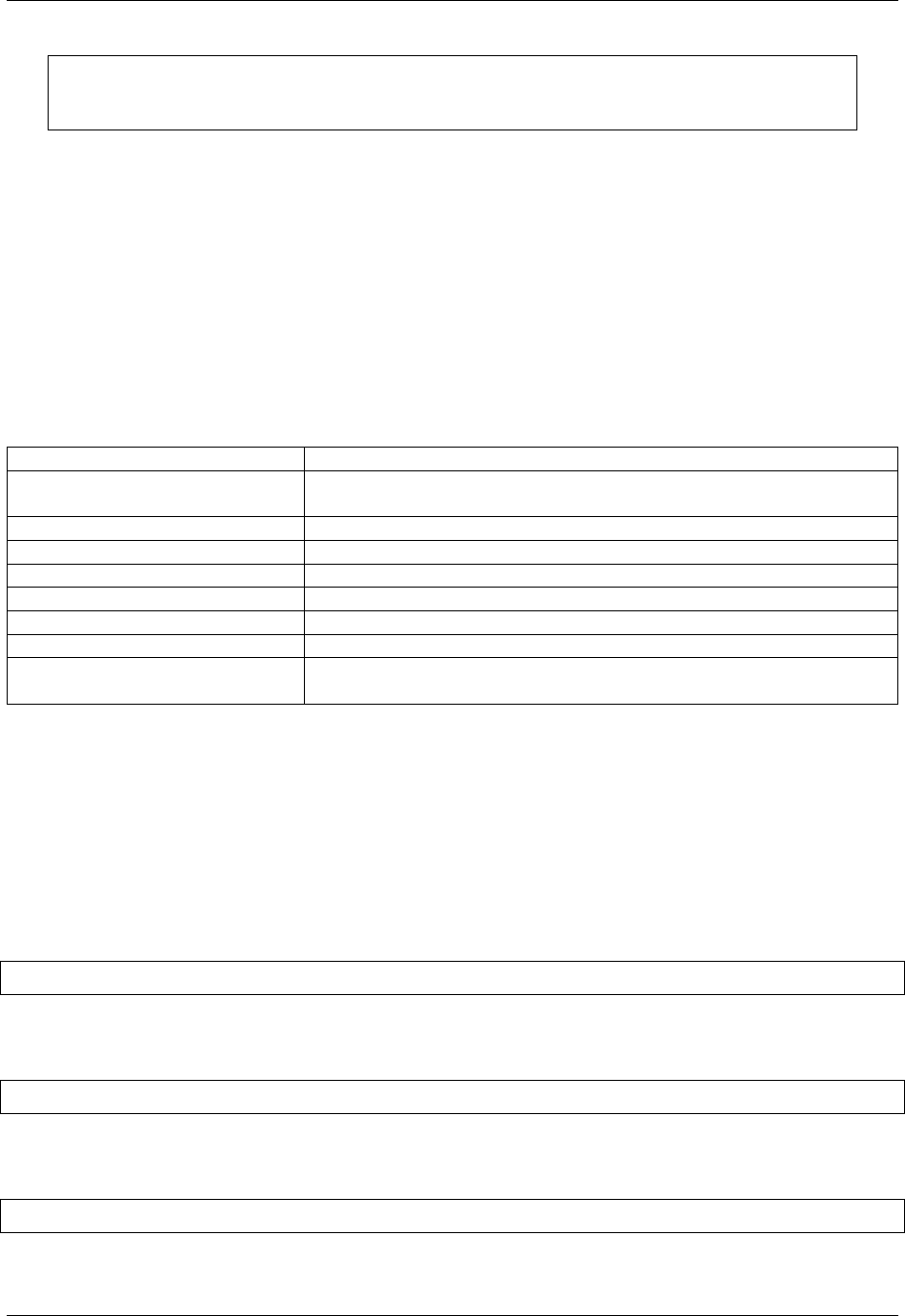
GeoServer User Manual, Release 2.15.1
<password>hello</password>
<allGroupsSearchFilter>cn=*</allGroupsSearchFilter>
</org.geoserver.security.ldap.LDAPRoleServiceConfig>
For further information, please refer to configuring a role service in the Web administration interface.
REST role service
The REST role service is a read only role service that maps groups and associated users to roles from a
remote REST web service.
The REST service must support JSON encoding.
Here is a listing of significant methods provided by the REST Role Service (based on the LDAP role service,
which similarly has to make network calls to work):
Table 13.17: Table: roles
Method Mandatory
getUserNamesForRole(roleName) N (implemented in LDAP, but I don’t see actual users of this method
besides a utility method that nobody uses)
getRolesForUser(user) Y
getRolesForGroup(group) N
getRoles() Y (used by the UI)
getParentRole(role) N
getAdminRole() Y
getGroupAdminRole() Y
getRoleCount() Y (does not seem to be used much, we can trivially implement it from
getRoles()
REST APIs
The following is an example of the REST API the role service may handle. The JSON and remote endpoints
may differ; this is conifgurable via UI, allowing the REST role service to connect to a generci REST Service
From the above we could have the following REST API to talk to
../api/roles
Returns the full list of roles (no paging required, we assume it’s small). Example response:
{"groups":["r1","r2","r3"]}
../api/adminrole
Returns the role of the administrator (yes, just one, it’s strange. . . ):
{"adminRole":["root"]}
../api/users/<user>
Returns the list of roles for a particular user. Example response:
{"users": [{"user":"u1","groups":["r1","r2"]}]}
13.2. Role system 1425
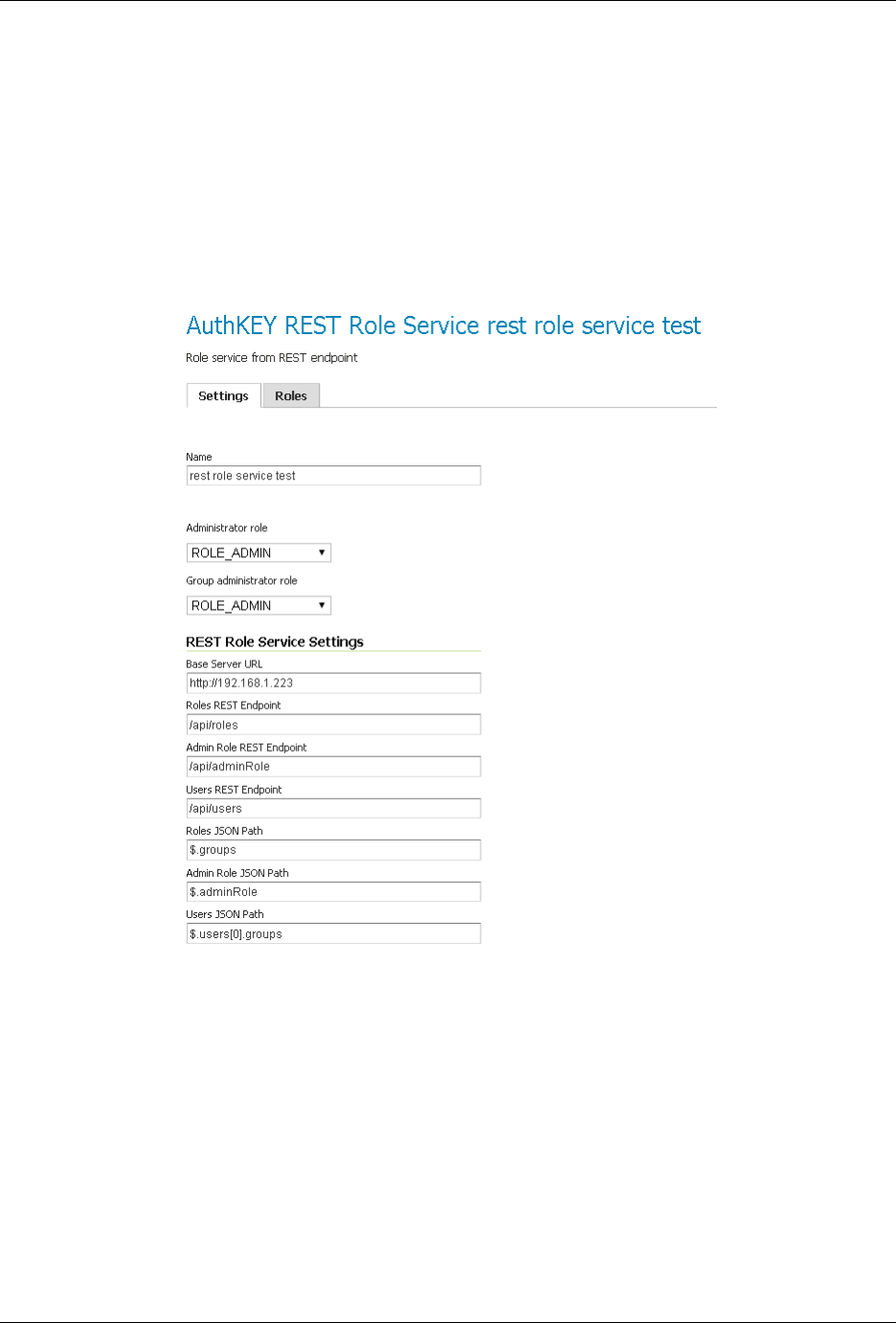
GeoServer User Manual, Release 2.15.1
Configurable API
The GeoServerRoleService talking to a remote service provides the following config parameters:
• Base URL for the remote service
• Configurable URLs for the various calls
• JSON paths to the properties that contain the list of roles, and the one admin role
The above can be configured via the Web administration interface. The figure below shows the REST role
service options configured to be compatible with the sampe APIs above:
Fig. 13.39: REST based role service configuration panel
13.2.5 Role source and role calculation
Different authentication mechanisms provide different possibilities where to look for the roles of a princi-
pal/user. The role source is the base for the calculation of the roles assigned to the authenticated principal.
Using a user/group Service
During configuration of an authentication mechanism, the name of a user group service has to be specified.
The used role service is always the role service configured as active role service. The role calculation itself
1426 Chapter 13. Security
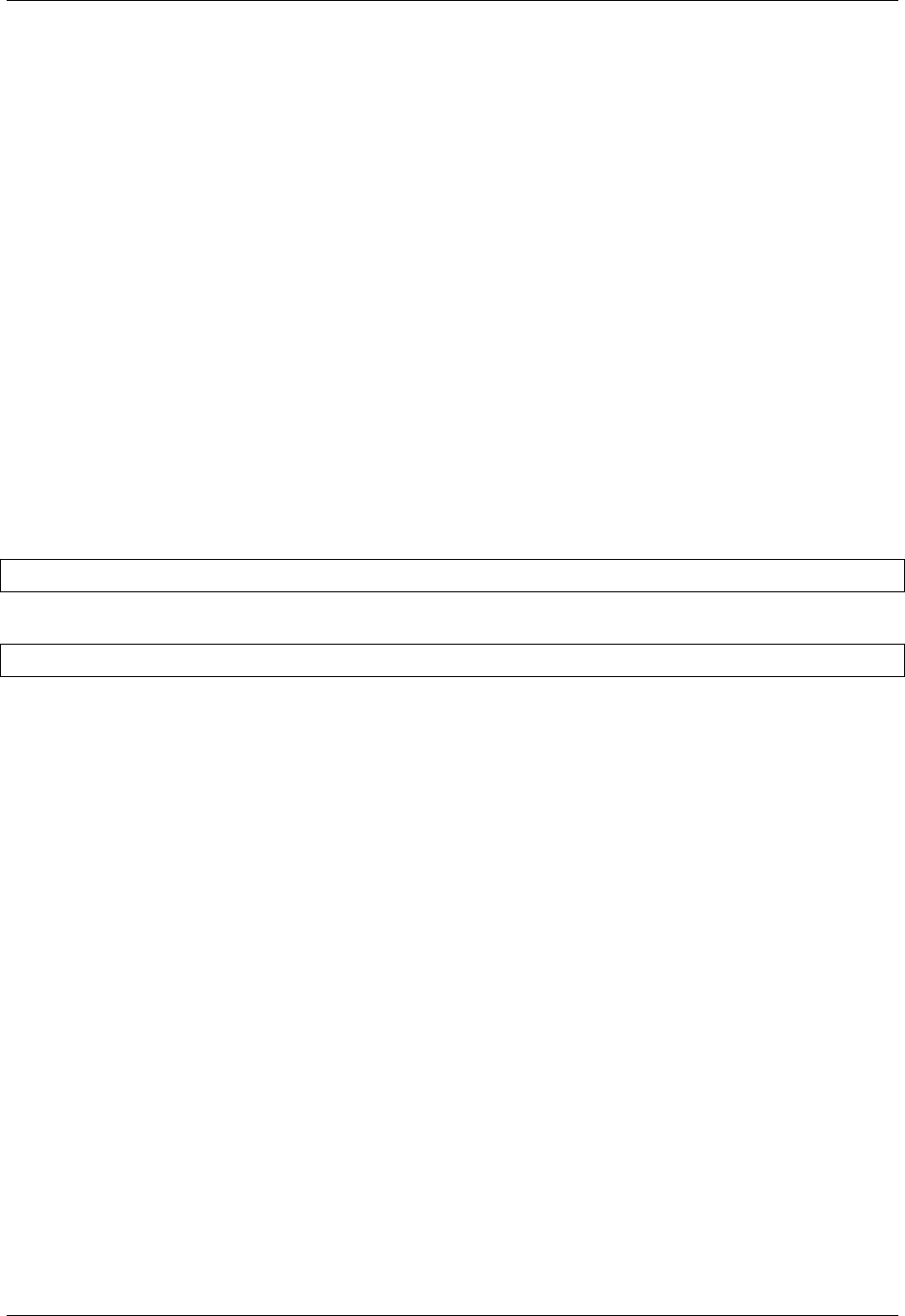
GeoServer User Manual, Release 2.15.1
is described here Interaction between user/group and role services
Using a role service directly
During configuration of an authentication mechanism, the name of a role service has to be specified. The
calculation of the roles works as follows:
1. Fetch all roles for the user.
2. For each role in the result set, fetch all ancestor roles and add those roles to the result set.
3. If the result set contains the local admin role, add the role ROLE_ADMINISTRATOR.
4. If the result set contains the local group admin role, add the role ROLE_GROUP_ADMIN.
This algorithm does not offer the possibility to have personalized roles and it does not consider group
memberships.
Using an HTTP header attribute
The roles for a principal are sent by the client in an HTTP header attribute (Proxy authentication). GeoServer
itself does no role calculation and extracts the roles from the header attribute. During configuration, the
name of the header attribute must be specified. An example with a header attribute named “roles”:
roles: role_a;role_b;role_c
An example for roles with role parameters:
roles: role_a;role_b(pnr=123,nick=max);role_c
The default syntax is
• roles are delimited by ;
• a role parameter list starts with (and ends with )
• a role parameter is a key value pair delimited by =
• role parameters are delimited by ,
13.2.6 Interaction between user/group and role services
The following section describes the interaction between the User/group services and the Role services.
Calculating the roles of a user
The diagram below illustrates how a user/group service and a role service interact to calculate user roles.
On fetching an enabled user from a user/group service, the roles(s) assigned to that user must be identified.
The identification procedure is:
1. Fetch all enabled groups for the user. If a group is disabled, it is discarded.
2. Fetch all roles associated with the user and add the roles to the result set.
3. For each enabled group the user is a member of, fetch all roles associated with the group and add the
roles to the result set.
4. For each role in the result set, fetch all ancestor roles and add those roles to the result set.
13.2. Role system 1427
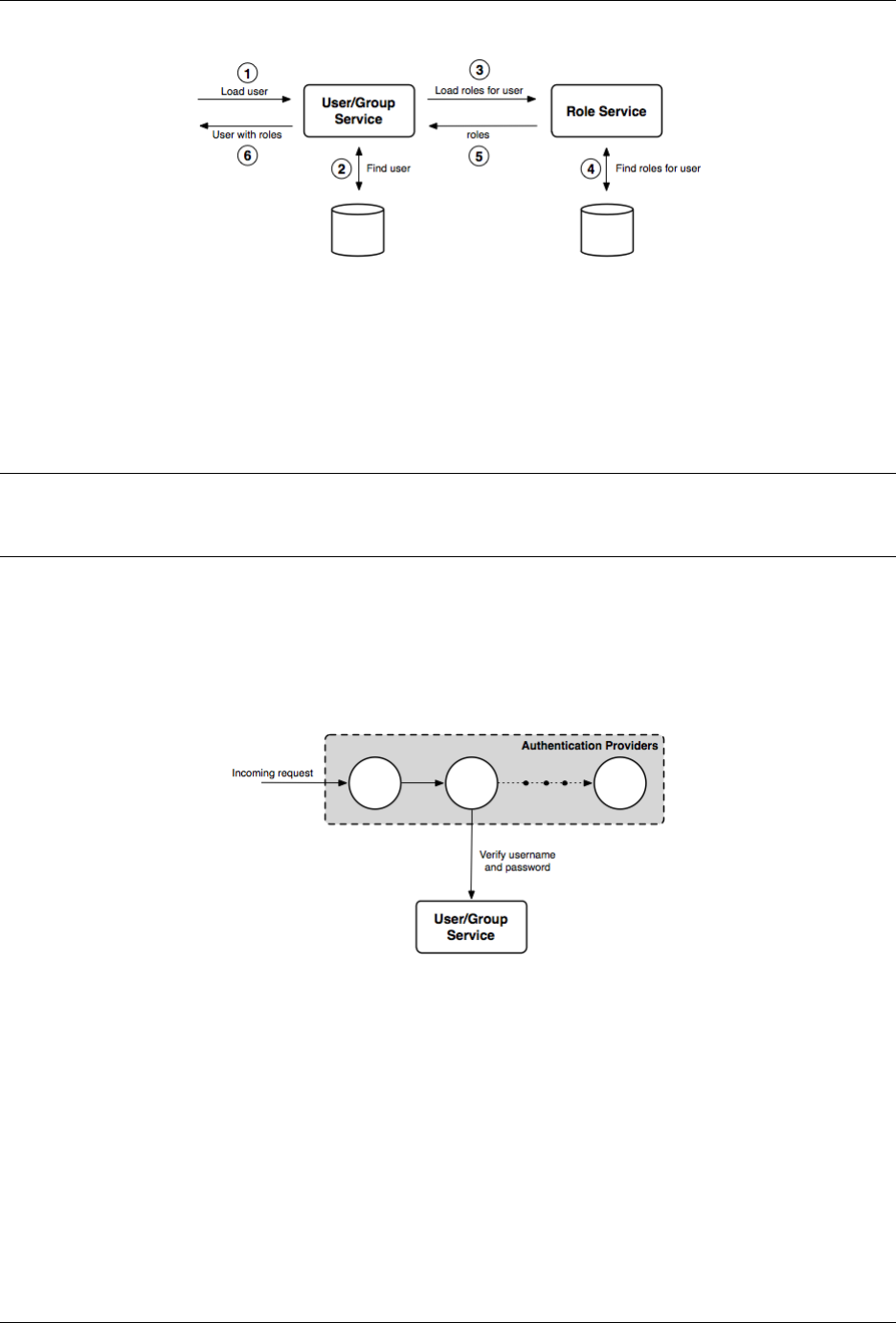
GeoServer User Manual, Release 2.15.1
Fig. 13.40: User/group and role service interacting for role calculation
5. Personalize each role in the result set as required.
6. If the result set contains the local admin role, add the role ROLE_ADMINISTRATOR.
7. If the result set contains the local group admin role, add the role ROLE_GROUP_ADMIN.
Note: Role personalization looks for role parameters (key/value pairs) for each role and checks if the
user properties (key/value pairs) contain an identical key. If any matches are found, the value of the role
parameter is replaced by the value of the user property.
Authentication of user credentials
A user/group service is primarily used during authentication. An authentication provider in the Authenti-
cation chain may use a user/group service to authenticate user credentials.
Fig. 13.41: Using a a user/group service for authentication
GeoServer defaults
The following diagram illustrates the default user/group service, role service, and authentication provider
in GeoServer:
Two authentication providers are configured—the Root provider and the Username/password provider. The
Root provider authenticates for the GeoServer Root account and does not use a user/group service. The
Username/password provider is the default provider and relays username and password credentials to a
user/group service.
1428 Chapter 13. Security
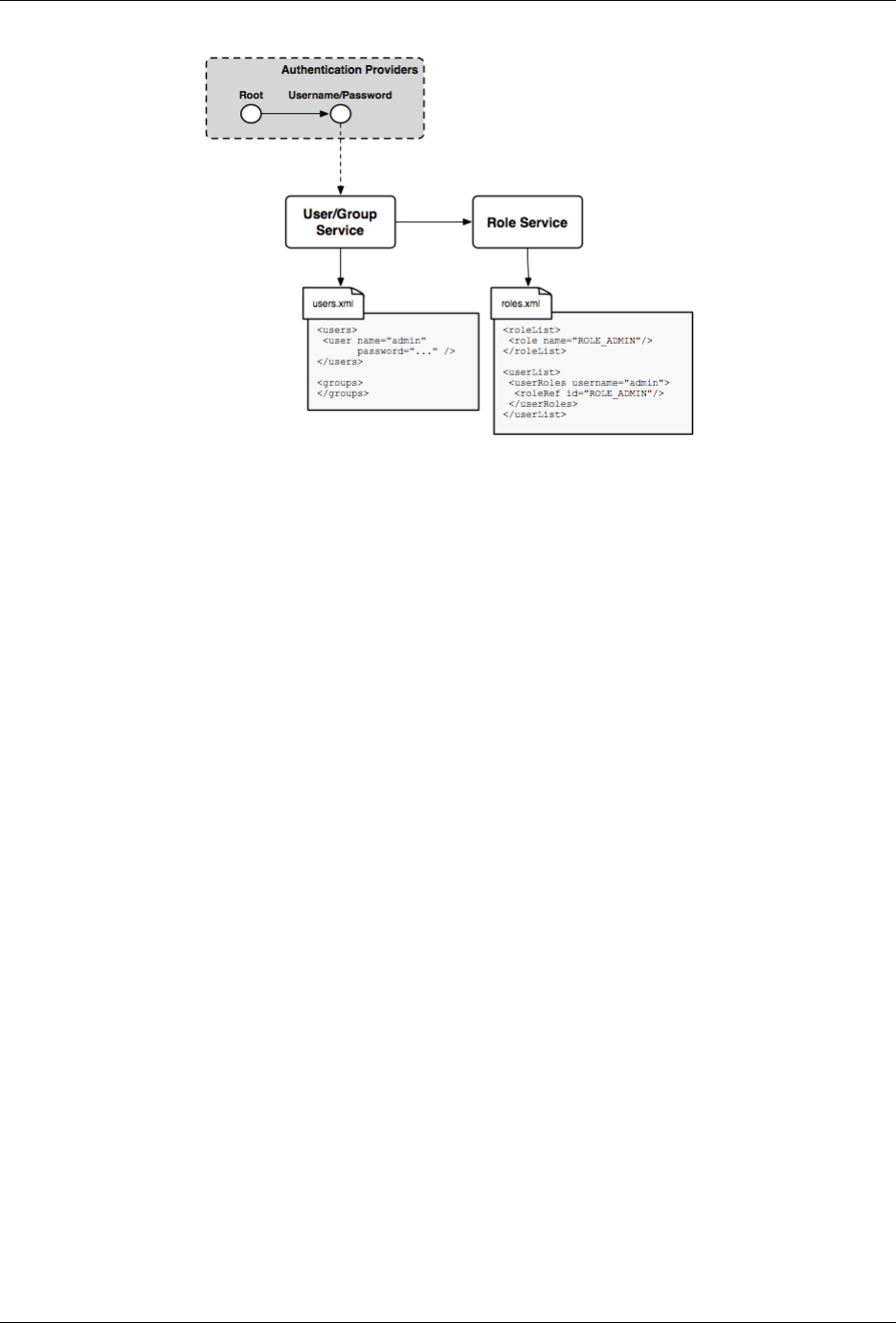
GeoServer User Manual, Release 2.15.1
Fig. 13.42: Default GeoServer security configuration
A single user/group service, which persist the user database as XML, is present. The database contains a
single user named admin and no groups. Similarly, the role service persists the role database as XML. By
default, this contains a single role named ADMIN, which is associated with the admin user. The ADMIN role
is mapped to the ROLE_ADMINISTRATOR role and as a result, the admin user is associated with system
administrator role during role calculation.
13.3 Authentication
There are three sets of GeoServer resources involved in authentication:
• The Web administration interface (also known as web admin)
•OWS services (such as WFS and WMS)
•REST services
The following sections describe how each set of GeoServer resources administers authentication. To con-
figure the authentication settings and providers, please see the section on Authentication in the Web admin-
istration interface.
13.3.1 Authentication chain
Understanding the authentication chain helps explain how GeoServer authentication works. The authenti-
cation chain processes requests and applies certain authentication mechanisms. Examples of authentication
mechanisms include:
•Username/password—Performs authentication by looking up user information in an external user
database
•Browser cookie—Performs authentication by recognizing previously sent browser cookies (also
known as “Remember Me”)
•LDAP—Performs authentication against an LDAP database
13.3. Authentication 1429
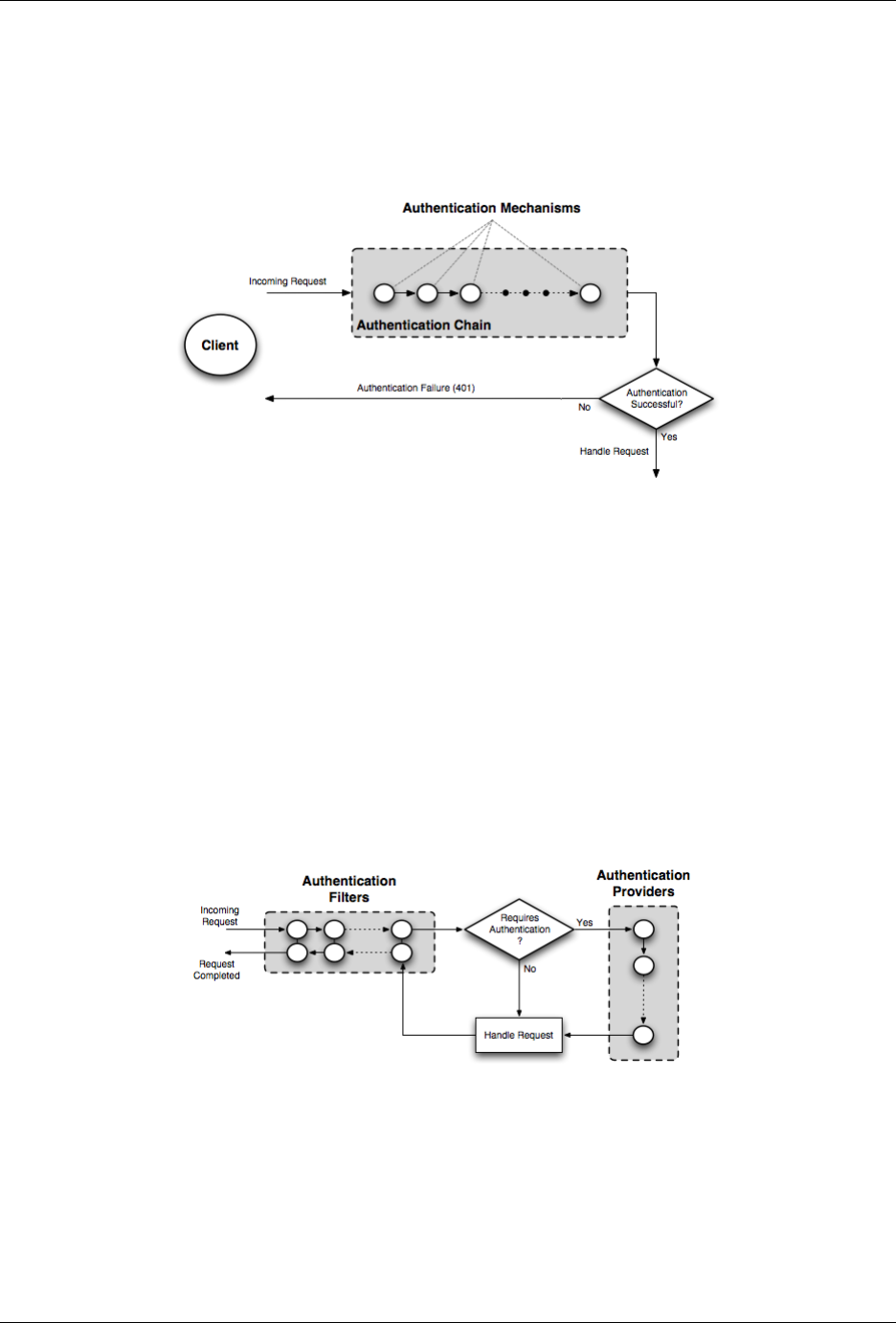
GeoServer User Manual, Release 2.15.1
•Anonymous—Essentially performs no authentication and allows a request to proceed without any
credentials
Multiple authentication mechanisms may be active within GeoServer at a given time. The following figure
illustrates the flow of a generic request.
Fig. 13.43: Flow of a request through the authentication system
Before dispatching a request to the appropriate service or handler, GeoServer first filters the request through
the authentication chain. The request is passed to each mechanism in the chain in order, and each is given
the chance to authenticate the request. If one of the mechanisms in the chain is able to successfully au-
thenticate, the request moves to normal processing. Otherwise the request is not routed any further and an
authorization error (usually a HTTP 401) is returned to the user.
Filter chain and provider chain
In the case of GeoServer, the authentication chain is actually made up of two chains: a filter chain, which
determine if further authentication of a request is required, and a provider chain, which performs the actual
authentication.
Fig. 13.44: Detail of authentication chain, showing filter chain and provider chain
The filter chain performs a variety of tasks, including:
• Gathering user credentials from a request, for example from Basic and Digest Authentication headers
• Handling events such as ending the session (logging out), or setting the “Remember Me” browser
cookie
1430 Chapter 13. Security
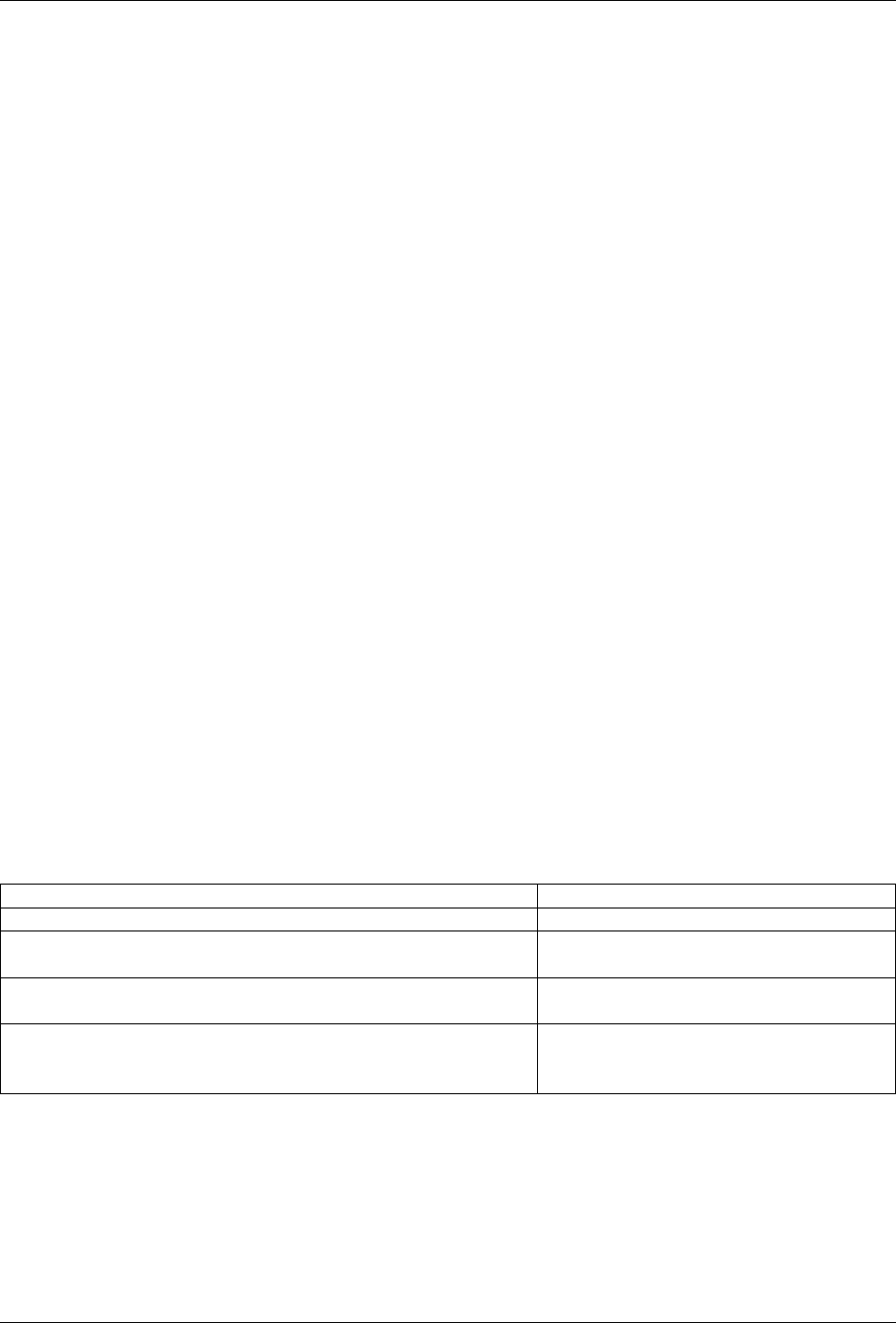
GeoServer User Manual, Release 2.15.1
• Performing session integration, detecting existing sessions and creating new sessions if necessary
• Invoking the authentication provider chain to perform actual authentication
The filter chain is actually processed twice, before and after the request is handled.
The provider chain is concerned solely with performing the underlying authentication of a request. It is
invoked by the filter chain when a filter determines that authentication is required.
Filter chain by request type
A different filter chain can be applied to each different type of request in GeoServer. This happens because
the administrator can configure a list of different filter chains and a matching rule for each of them. Only
the first matching chain of the configured ordered list will be applied to any given request.
Matching rules can be applied to:
• HTTP Method (GET, POST, etc.)
• one or more ANT patterns for the path section of the request (e.g /wms/**); if more than one
pattern (comma delimited) is specified, any of them will match
• an optional regular expression to match parameters on the query string, for one or more of the
specified ANT pattern; if the path matches, also the query string is checked for matching; the
regular expression can be specified after the ANT pattern, with a pipe (|) separator
ANT Patterns support the following wildcards:
• ? matches one character
• * matches zero or more characters
• ** matches zero or more ‘directories’ in a path
Query String regular expressions will match the full query string (^ and $ terminators are automatically
appended), so to match only part of it, remember to prefix and postfix the expression with .* (e.g. .*re-
quest=getcapabilities.*)
Examples of rules (ANT patterns and query string regular expressions)
Pattern Description
/wms, /wms/** simple ANT pattern
/wms|.*request=GetMap.* ANT pattern and querystring regex to
match one parameter
/wms|(?=.*request=getmap)(?=.*format=image/png).* ANT pattern and querystring regex to
match two parameters in any order
/wms|(?=.*request=getmap)(?!.*format=image/png).* ANT pattern and querystring regex to
match one parameters and be sure an-
other one is not matched
13.3.2 Authenticating to the Web Admin Interface
The method of authenticating to the Web administration interface application is typical of most web applica-
tions that provide login capabilities. The application is based primarily on form-based authentication, in
which a user authenticates through a form in a web browser. Upon successful authentication a session is
created on the server, eliminating the need for a user to repeat the login process for each page they wish to
13.3. Authentication 1431
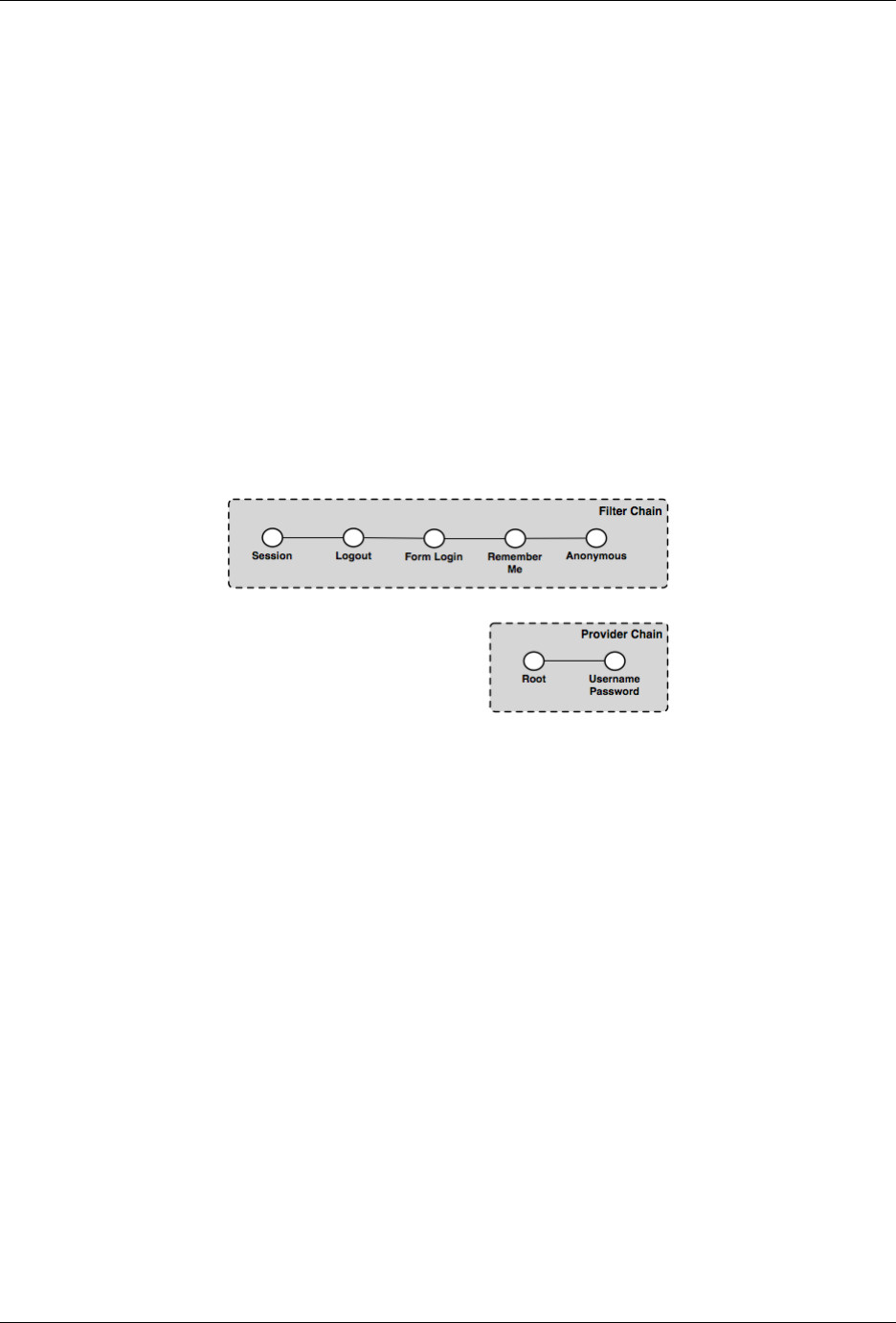
GeoServer User Manual, Release 2.15.1
access. An optional “Remember Me” setting is also supported which will store authentication information
in a client-side cookie to allow the user to bypass the form-based authentication after the initial session has
timed out.
The typical process of authentication is as follows:
1. User visits the home page of the web admin for the very first time, so neither a session or “Remember
Me” cookie is present. In this case, the user is anonymously authenticated.
2. User accesses a secured page and is presented with a login form.
3. Upon successful login a session is created. Depending on the privileges of the account used to log in,
the user will either be directed to the requested page or be redirected back to the home page.
4. Upon subsequent requests to secured pages, the user is authenticated via browser session until the
session expires or the user logs out.
Examples
The following shows the default configuration of the authentication chain for the web admin.
Fig. 13.45: GeoServer authentication chain, with filter and provider chains
In this example the filter chain is made up of the following filters:
•Session—Handles session integration, recognizing existing sessions and creating new sessions on
demand
•Logout—Handles ending sessions (user logout)
•Form login—Handles form logins
•Remember Me—Handles “Remember Me” authentication, reading when the flag is set on a form
login, creating the appropriate cookie, and recognizing the cookie on future requests
•Anonymous—Handles anonymous access
The provider chain is made up of two providers:
•Root—The Root account has a special “super user” provider. As this account is rarely used, this
provider is rarely invoked.
•Username/password—Performs username/password authentication against a user database.
To following example requests illustrate how the elements of the various chains work.
1432 Chapter 13. Security
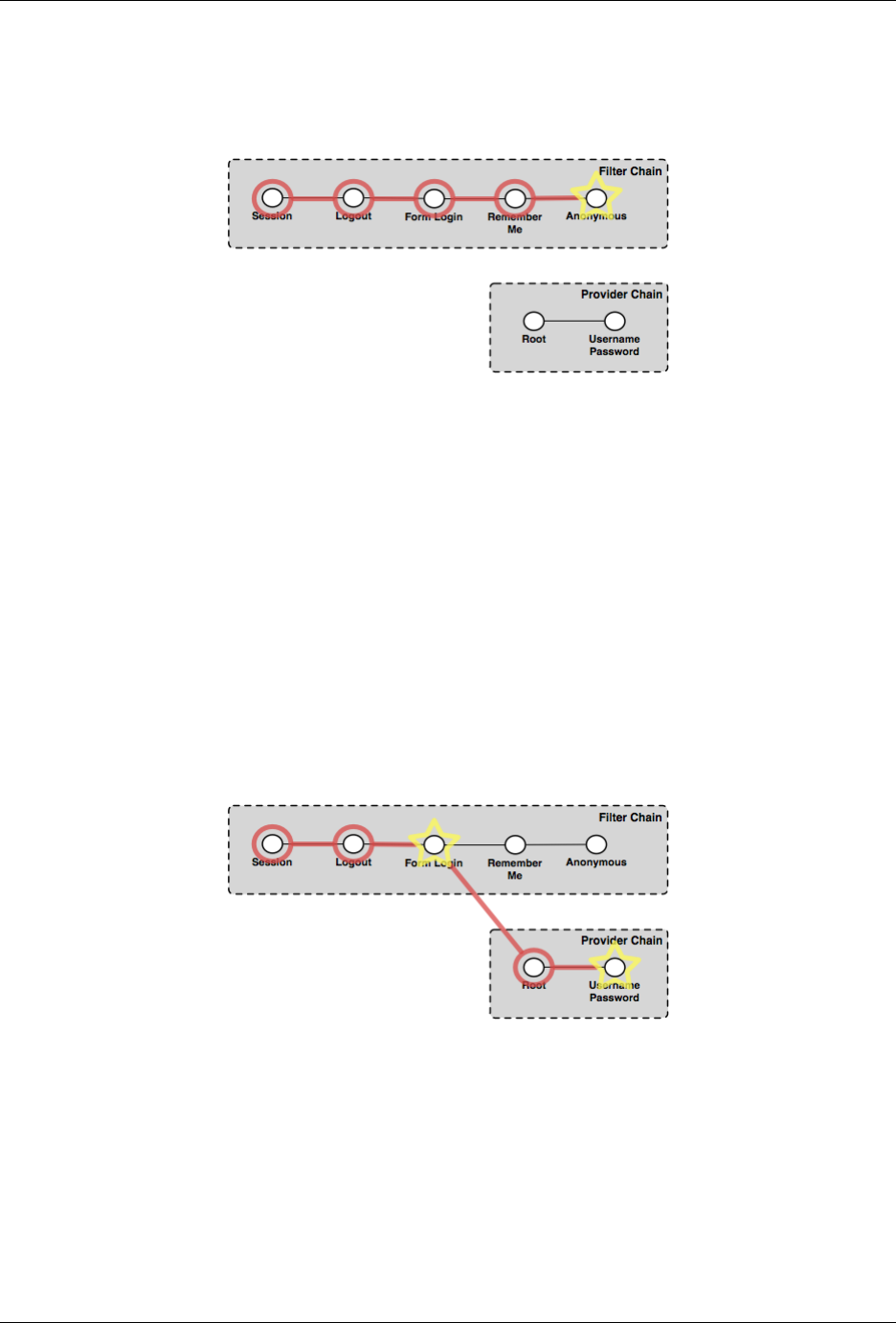
GeoServer User Manual, Release 2.15.1
First time visit
This example describes the process when a user visits the home page of the web admin for the first time.
Fig. 13.46: Authentication chain for a first time visit from a user
The first filter to execute is the Session filter. It checks for an existing session, but finds none, so processing
continues to the next filter in the chain. The Logout filter checks for the case of a user logging out, which also
is not the case, so processing continues. The Form login filter checks for a form login, and also finds none.
The Remember Me filter determines if this request can be authenticated from a previous session cookie, but
in this case it cannot. The final filter to execute is the Anonymous filter which checks if the user specified
any credentials. In this case the user has not provided any credentials, so the request is authenticated
anonymously. Since no authentication is required to view the home page, the provider chain is not invoked.
The last response to the request directs the user to the home page.
User logs on
This examples describes the process invoked when a user logs on to the web admin via the login form.
Fig. 13.47: Authentication chain for a user logging in
The Session filter finds no existing session, and processing continues. The Logout filter checks for a logout re-
quest, finds none, and continues. The Form login filter recognizes the request as a form login and begins the
authentication process. It extracts the username and password from the request and invokes the provider
chain.
In the provider chain, the Root provider checks for the root account login, but doesn’t find it so processing
continues to the next provider. The Username/password provider checks if the supplied credentials are valid.
If they are valid the authentication succeeds, user is redirected to the home page and is considered to be
13.3. Authentication 1433
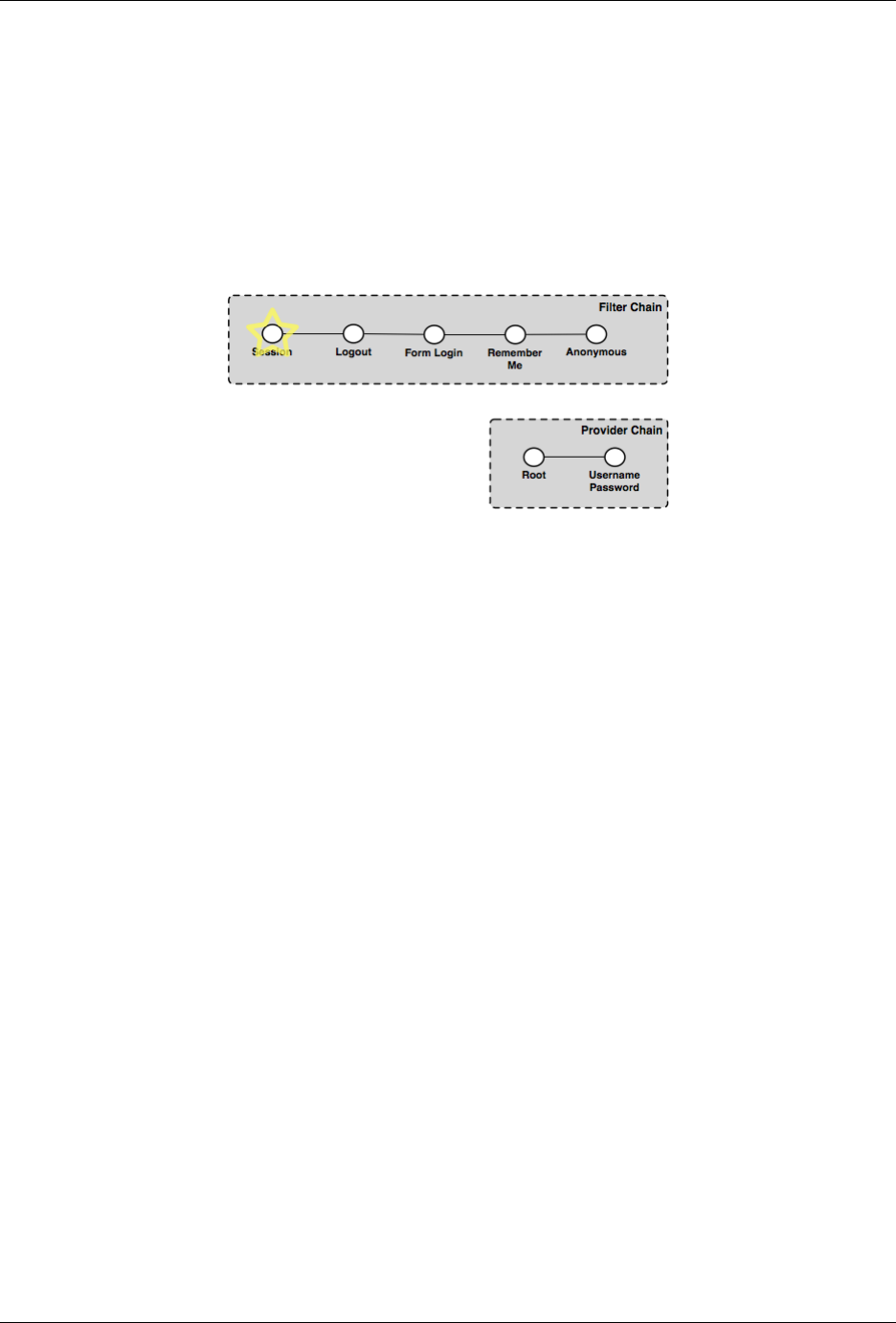
GeoServer User Manual, Release 2.15.1
logged on. During the post-processing step the Session filter recognizes that a successful authentication has
taken place and creates a new session.
If the credentials are invalid, the user will be returned to the login form page and asked to try again.
User visits another page
This example describes the process invoked when a user who is already logged on visits another page in
the web admin.
Fig. 13.48: Authentication chain for a user visiting another page after logging in
The Session filter executes and finds an existing session that is still valid. The session contains the authen-
tication details and no further chain processing is required. The response is the page requested by the
user.
User returns after session time out
This example describes the process invoked when a user returns to the web admin after the previously
created session has timed out.
A session will time out after a certain period of time. When the user returns to the web admin, this be-
comes essentially the same chain of events as the user visiting the web app for the first time (as described
previously). The chain proceeds to the Anonymous filter that authenticates anonymously. Since the page
requested is likely to be a page that requires authentication, the user is redirected to the home page and is
not logged on.
User logs on with “Remember Me” flag set
This example describes the process for logging on with the “Remember Me” flag set.
The chain of events for logging on with “Remember Me” set is identical to the process for when the flag is
not set, except that after the successful authentication the Form login filter recognizes the “Remember Me”
flag and triggers the creation of the browser cookie used to persist the authentication information. The user
is now logged on and is directed to the home page.
User returns after session time out (with “Remember Me”)
This example describes the process invoked when the user returns to the web admin after a period of
inactivity, while the “Remember Me” flag is set.
1434 Chapter 13. Security
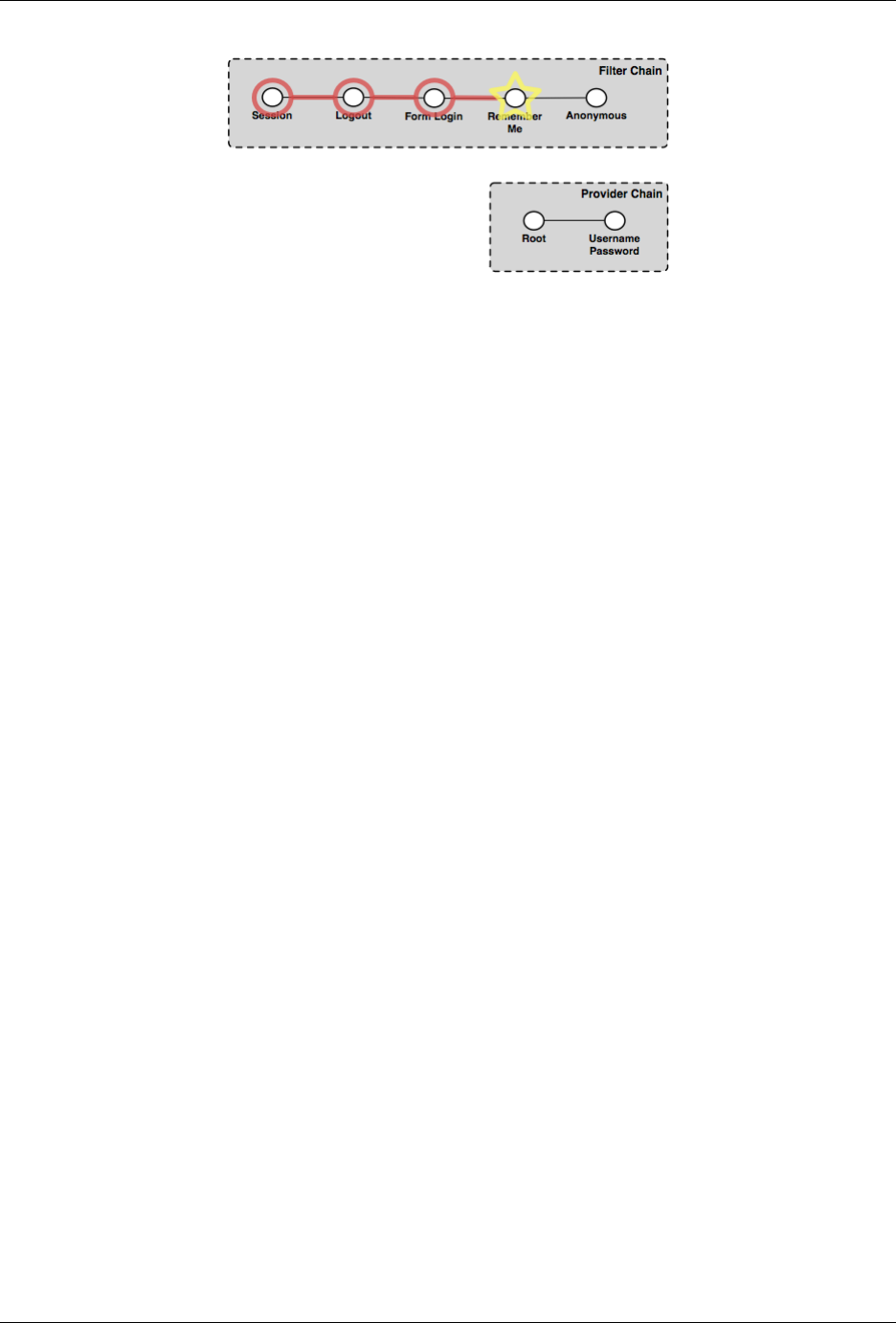
GeoServer User Manual, Release 2.15.1
Fig. 13.49: Authentication chain for a user returning after session time out with the “Remember Me” flag
Even though the “Remember Me” flag is set, the user’s session on the server will still time out as normal.
As such, the chain proceeds accordingly through the filters, starting with the Session filter, which finds no
valid session. The Logout and Form login filters do not apply here. The Remember Me filter recognizes the
browser cookie and is able to authenticate the request. The user is directed to whatever page was accessed
and remains logged on.
13.3.3 Authentication to OWS and REST services
OWS and REST services are stateless and have no inherent awareness of “session”, so the authentication
scheme for these services requires the client to supply credentials on every request. That said, “session inte-
gration” is supported, meaning that if a session already exists on the server (from a concurrent authenticated
web admin session) it will be used for authentication. This scheme allows GeoServer to avoid the overhead
of session creation for OWS and REST services.
The default GeoServer configuration ships with support for HTTP Basic authentication for services.
The typical process of authentication is as follows:
1. User makes a service request without supplying any credentials
2. If the user is accessing an unsecured resource, the request is handled normally
3. If the user is accessing a secured resource:
• An HTTP 401 status code is sent back to the client, typically forcing the client to prompt for credentials.
• The service request is then repeated with the appropriate credentials included, usually in the HTTP
header as with Basic Authentication.
• If the user has sufficient privileges to access the resource the request is handled normally, otherwise,
a HTTP 404 status code is returned to the client.
4. Subsequent requests should include the original user credentials
Examples
The following describes the authentication chain for an OWS service:
In this example the filter chain consists of three filters:
•Session—Handles “session integration”, recognizing existing sessions (but not creating new sessions)
•Basic Auth—Extracts Basic Authentication credentials from request HTTP header
•Anonymous—Handles anonymous access
13.3. Authentication 1435
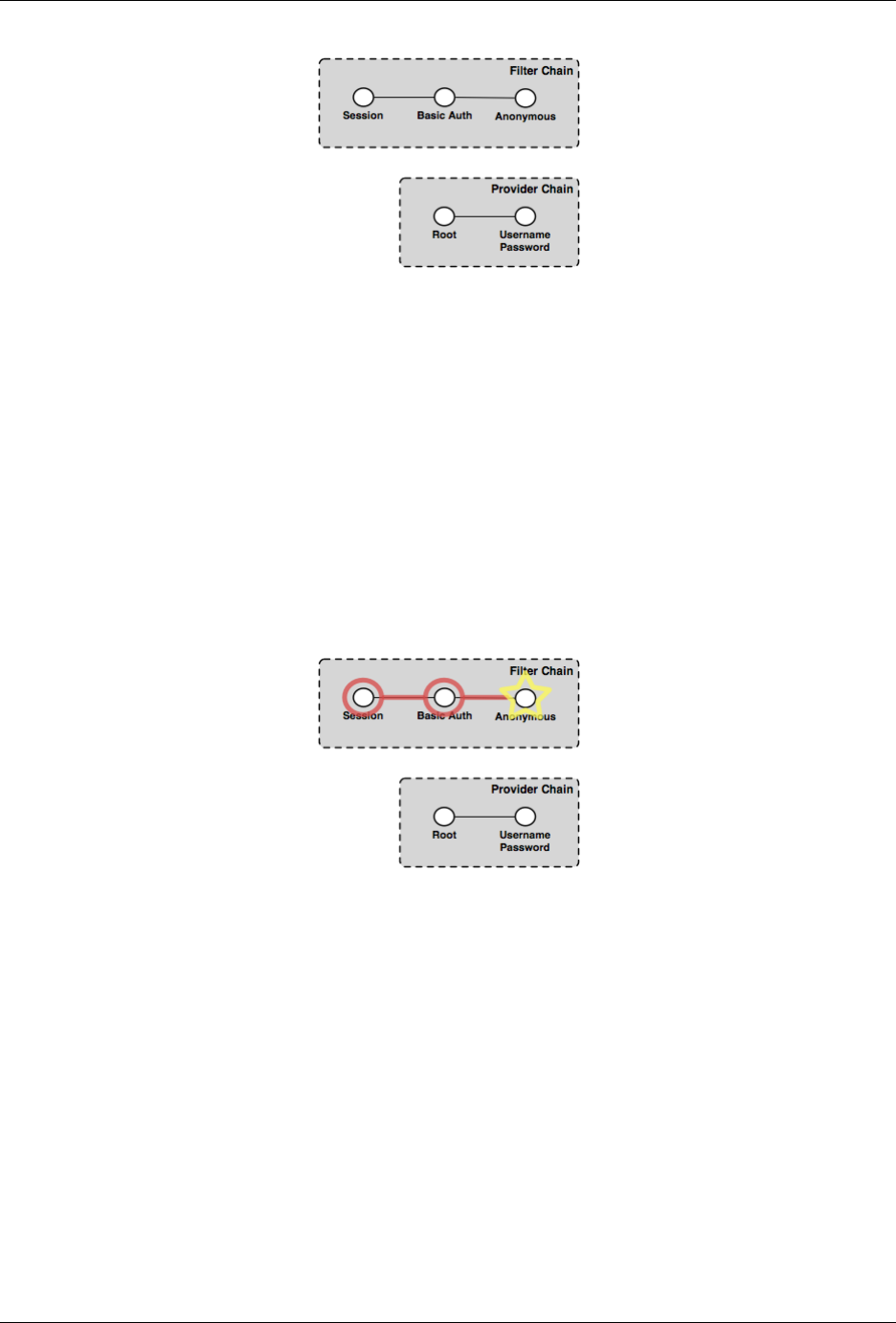
GeoServer User Manual, Release 2.15.1
Fig. 13.50: The OWS service authentication chain
The provider chain is made up of two providers:
•Root—Root account has a special “super user” provider. As this account is rarely used, this provider
is rarely invoked.
•Username/password—Performs username/password authentication against a user database
To illustrate how the elements of the various chains work, here are some example OWS requests.
Anonymous WMS GetCapabilities request
This example shows the process for when a WMS client makes an anonymous GetCapabilities request.
Fig. 13.51: Authentication chain for a WMS client making an anonymous GetCapabilities request
The Session filter looks for an existing session, but finds none, so processing continues. The Basic Auth filter
looks for the Basic Authorization header in the request, but as the request is anonymous, the filter finds
none. Finally, the Anonymous filter executes and authenticates the request anonymously. Since GetCapabil-
ities is a “discovery” operation it is typically not locked down, even on a secure server. Assuming this is the
case here, the anonymous request succeeds, returning the capabilities response to the client. The provider
chain is not invoked.
Anonymous WMS GetMap request for a secured layer
This example shows the process invoked when a WMS client makes an anonymous GetMap request for a
secured layer
The chain executes exactly as described above. The Session filter looks for an existing session, but finds none,
so processing continues. The Basic Auth filter looks for the Basic Authorization header in the request, but as
1436 Chapter 13. Security
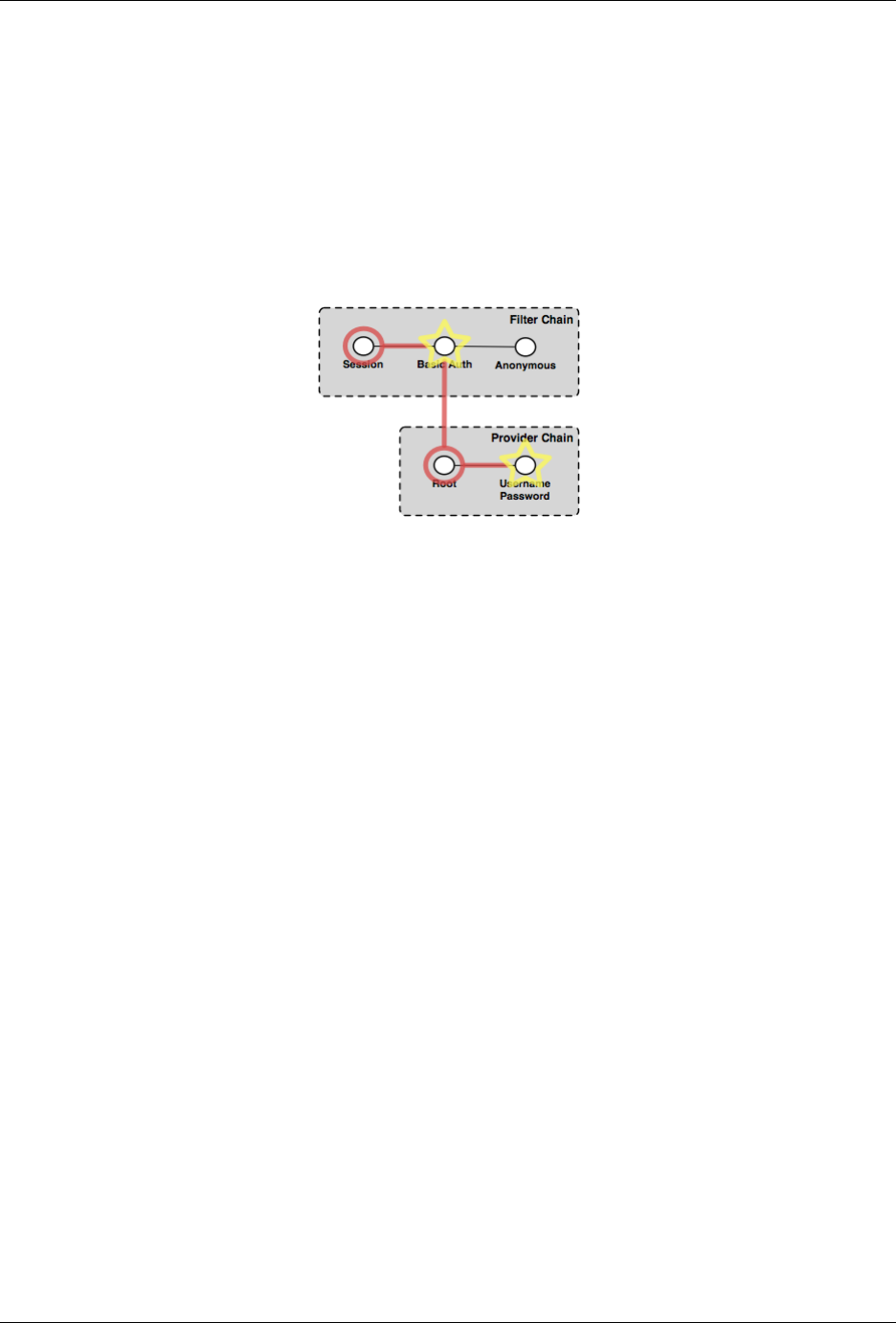
GeoServer User Manual, Release 2.15.1
the request is anonymous, the filter finds none. Finally, the Anonymous filter executes and authenticates the
request anonymously. However, in this case the layer being accessed is a secured resource, so the handling
of the GetMap request fails. The server returns an exception accompanied with a HTTP 401 status code,
which usually triggers the client presenting the user with a login dialog.
WMS GetMap request with user-supplied credentials
This example shows the process invoked when a WMS client gathers credentials from the user and reissues
the previous request for a secured layer.
Fig. 13.52: Authentication chain for a WMS client making a GetMap request with user-supplied credentials
The Session filter executes as described above, and does nothing. The Basic Auth filter finds the authorization
header in the request, extracts the credentials for it, and invokes the provider chain. Processing moves to
the Username/password provider that does the actual authentication. If the credentials have the necessary
privileges to access the layer, the processing of the request continues normally and the GetMap request
succeeds, returning the map response. If the credentials are not sufficient, the HTTP 401 status code will be
supplied instead, which may again trigger the login dialog on the client side.
13.3.4 Authentication providers
The following authentication providers are available in GeoServer:
• Authentication of a username/password against a user/group service
• Authentication against an LDAP server
• Authentication by connecting to a database through JDBC
Username/password authentication
Username and password authentication is the default authentication provider. It uses a user/group service to
authenticate.
The provider simply takes the username/password from an incoming request (such as a Basic Authentica-
tion request), then loads the user information from the user/group service and verifies the credentials.
LDAP authentication
The LDAP authentication provider allows for authentication against a Lightweight Directory Access Pro-
tocol (LDAP) server. The provider takes the username/password from the incoming request and attempts
to connect to the LDAP server with those credentials.
13.3. Authentication 1437
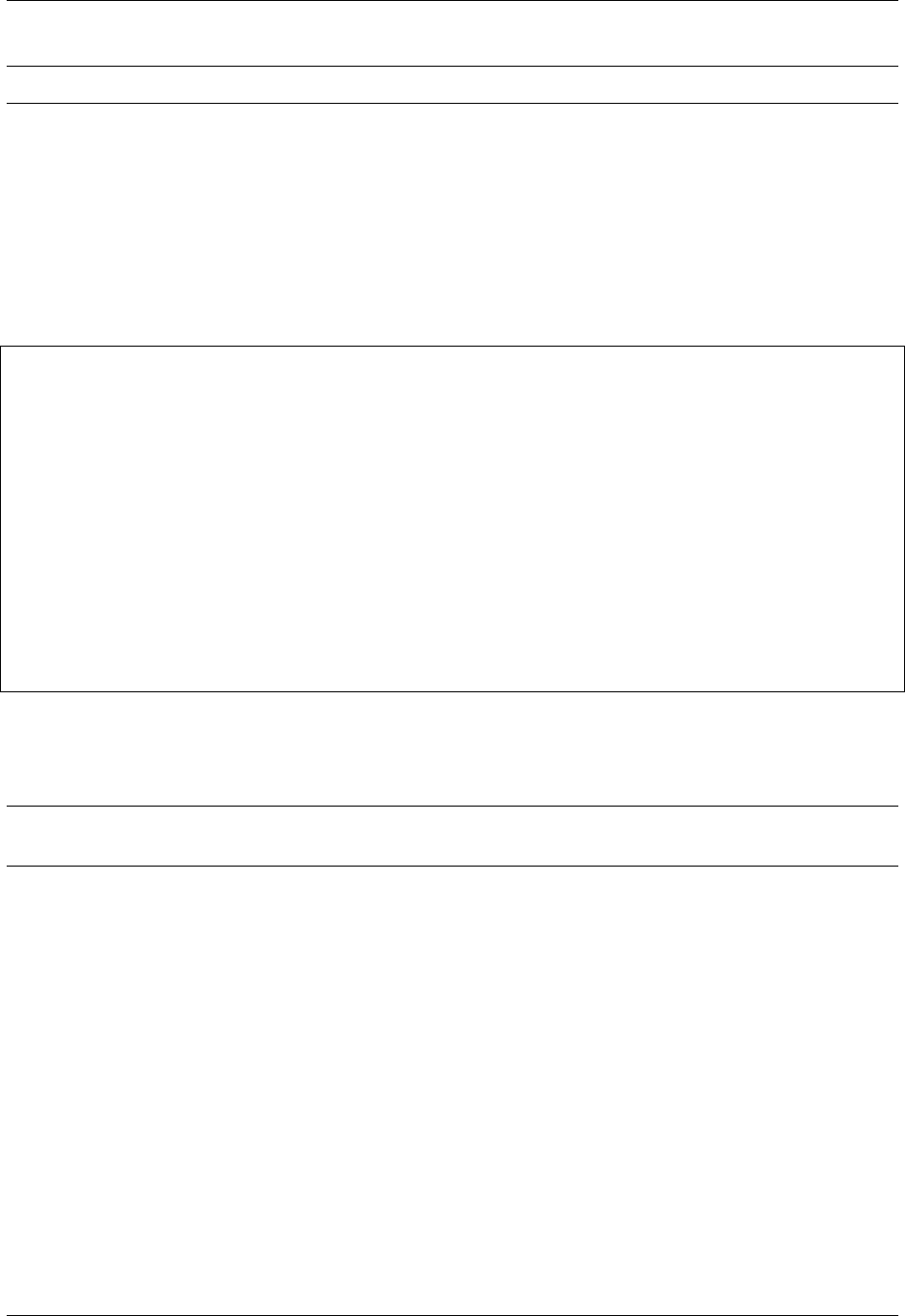
GeoServer User Manual, Release 2.15.1
Note: Currently only LDAP Bind authentication is supported.
Role assignment
The LDAP provider offers two options for role assignment for authenticated users:
• Convert the user’s LDAP groups into roles
• Employ a user/group service
The following LDAP database will illustrate the first option:
dn: ou=people,dc=acme,dc=com
objectclass: organizationalUnit
ou: people
dn: uid=bob,ou=people,dc=acme,dc=com
objectclass: person
uid: bob
dn: ou=groups,dc=acme,dc=com
objectclass: organizationalUnit
ou: groups
dn: cn=workers,ou=groups,dc=acme,dc=com
objectclass: groupOfNames
cn: users
member: uid=bob,ou=people,dc=acme,dc=com
The above scenario defines a user with the uid of bob, and a group named workers of which bob is a
member. After authentication, bob will be assigned the role ROLE_WORKERS. The role name is generated
by concatenating ROLE_ with the name of the group in upper case.
Note: When the LDAP server doesn’t allow searching in an anonymous context, the bindBefore-
GroupSearch option should be enabled to avoid errors.
In the case of using a user/group service, the user/group service is queried for the user following authentica-
tion, and the role assignment is performed by both the user/group service and the active role service. When
using this option, any password defined for the user in the user/group service database is ignored.
Secure LDAP connections
There are two ways to create a secure LDAP connection with the server. The first is to directly specify a
secure connection by using the ldaps protocol as part of the Server URL. This typically requires changing
the connection port to port 636 rather than 389.
The second method involves using STARTTLS (Transport Layer Security) to negotiate a secure connection
over a non-secure one. The negotiation takes place over the non-secure URL using the “ldap” protocol on
port 389. To use this option, the Use TLS flag must be set.
1438 Chapter 13. Security
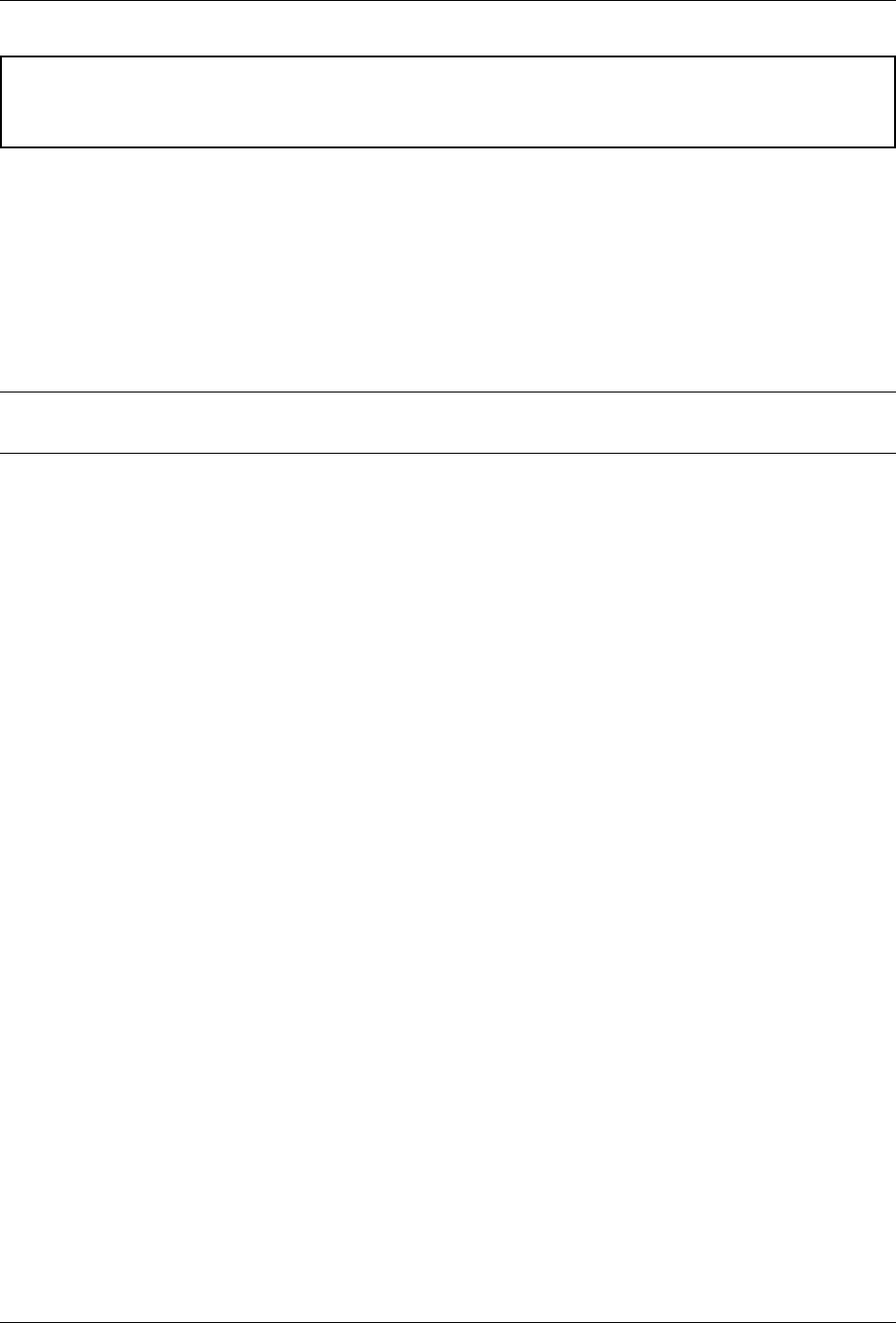
GeoServer User Manual, Release 2.15.1
Warning: Using TLS for connections will prevent GeoServer from being able to pool LDAP connections.
This means a new LDAP connection will be created and destroyed for each authentication, resulting in
loss of performance.
JDBC authentication
The JDBC authentication provider authenticates by connecting to a database over JDBC.
The provider takes the username/password from the incoming request and attempts to create a database
connection using those credentials. Optionally the provider may use a user/group service to load user in-
formation after a successful authentication. In this context the user/group service will not be used for
password verification, only for role assignment.
Note: To use the user/group service for password verification, please see the section on Username/password
authentication.
13.4 Passwords
Passwords are a central aspect of any security system. This section describes how GeoServer handles pass-
words.
13.4.1 Password encryption
A GeoServer configuration stores two types of passwords:
• Passwords for user accounts to access GeoServer resources
• Passwords used internally for accessing external services such as databases and cascading OGC ser-
vices
As these passwords are typically stored on disk it is strongly recommended that they be encrypted and
not stored as human-readable text. GeoServer security provides four schemes for encrypting passwords:
empty,plain text,Digest, and Password-based encryption (PBE).
The password encryption scheme is specified as a global setting that affects the encryption of passwords
used for external resources, and as an encryption scheme for each user/group service. The encryption scheme
for external resources has to be be reversible, while the user/group services can use any scheme.
Empty
The scheme is not reversible. Any password is encoded as an empty string, and as a consequence it is
not possible to recalculate the plain text password. This scheme is used for user/group services in com-
bination with an authentication mechanism using a back end system. Examples are user name/password
authentication against a LDAP server or a JDBC database. In these scenarios, storing passwords locally to
GeoServer does not make sense.
13.4. Passwords 1439
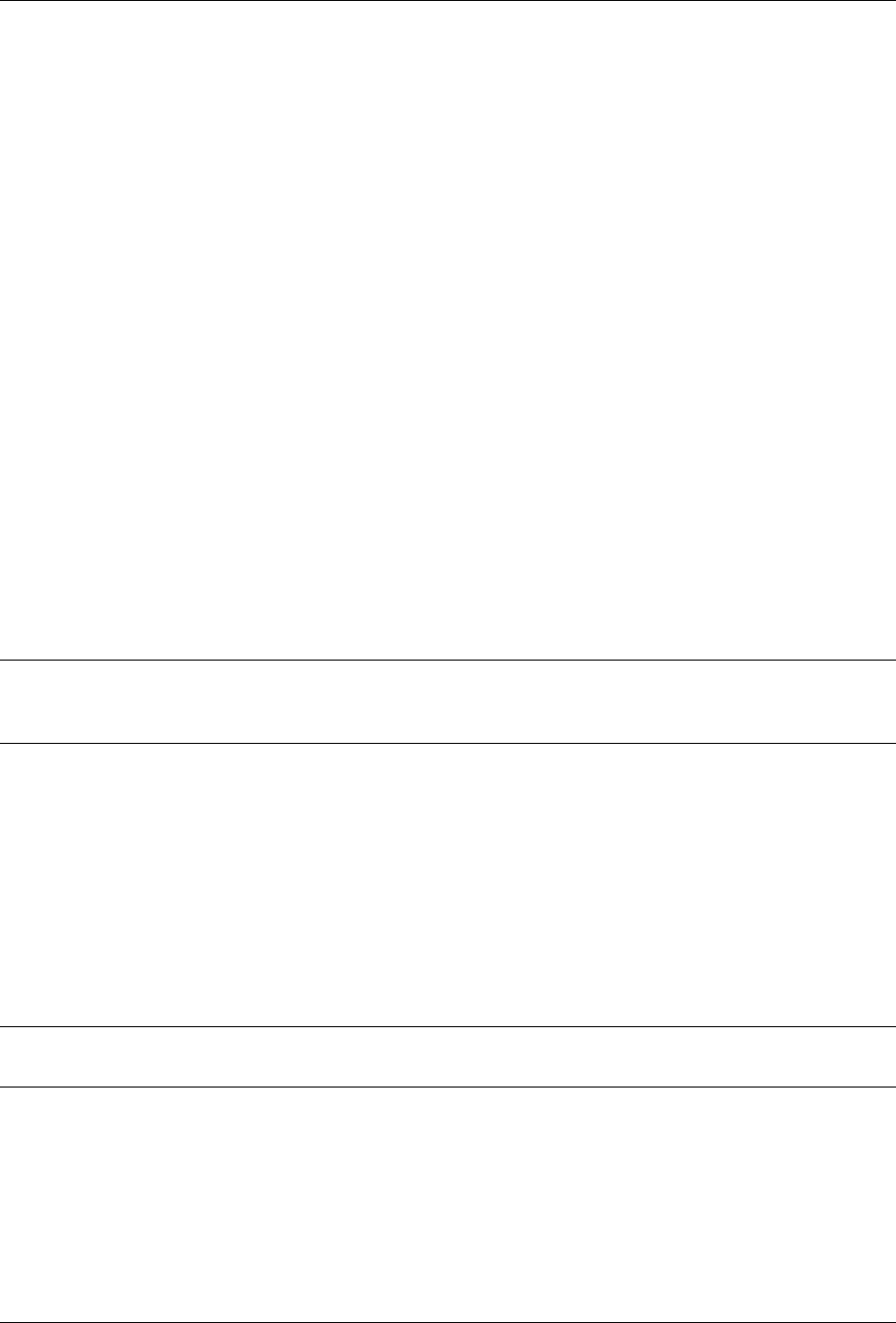
GeoServer User Manual, Release 2.15.1
Plain text
Plain text passwords provide no encryption at all. In this case, passwords are human-readable by anyone
who has access to the file system. For obvious reasons, this is not recommended for any but the most basic
test server. A password mypassword is encoded as plain:mypassword, the prefix uniquely describing
the algorithm used for encoding/decoding.
Digest
Digest encryption is not reversible. It applies, 100,000 times through an iterative process, a SHA-256 cryp-
tographic hash function to passwords. This scheme is “one-way” in that it is virtually impossible to reverse
and obtain the original password from its hashed representation. Please see the section on Reversible encryp-
tion for more information on reversibility.
To protect from well known attacks, a random value called a salt is added to the password when generating
the key. For each digesting, a separate random salt is used. Digesting the same password twice results in
different hashed representations.
As an example, the password geoserver is digested to digest1:YgaweuS60t+mJNobGlf9hzUC6g7gGTtPEu0TlnUxFlv0fYtBuTsQDzZcBM4AfZHd.
digest1 indicates the usage of digesting. The hashed representation and the salt are base 64 encoded.
Password-based encryption
Password-based encryption (PBE) normally employs a user-supplied password to generate an encryption
key. This scheme is reversible. A random salt described in the previous section is used.
Note: The system never uses passwords specified by users because these passwords tend to be weak.
Passwords used for encryption are generated using a secure random generator and stored in the GeoServer
key store. The number of possible passwords is 2^260 .
GeoServer supports two forms of PBE. Weak PBE (the GeoServer default) uses a basic encryption method
that is relatively easy to crack. The encryption key is derived from the password using MD5 1000 times
iteratively. The encryption algorithm itself is DES (Data Encryption Standard). DES has an effective key
length of 56 bits, which is not really a challenge for computer systems in these days.
Strong PBE uses a much stronger encryption method based on an AES 256-bit algorithm with CBC. The key
length is 256 bit and is derived using SHA-256 instead of MD5. Using Strong PBE is highly recommended.
As an example, the password geoserver is encrypted to crypt1:KWhO7jrTz/
Gi0oTQRKsVeCmWIZY5VZaD.crypt1 indicates the usage of Weak PBE. The prefix for Strong PBE
is crypt2. The ciphertext and the salt are base 64 encoded.
Note: Strong PBE is not natively available on all Java virtual machines and may require Installing Unlimited
Strength Jurisdiction Policy Files
Reversible encryption
Password encryption methods can be reversible, meaning that it is possible (and desirable) to obtain the
plain-text password from its encrypted version. Reversible passwords are necessary for database connec-
tions or external OGC services such as cascading WMS and cascading WFS, since GeoServer must be able
1440 Chapter 13. Security
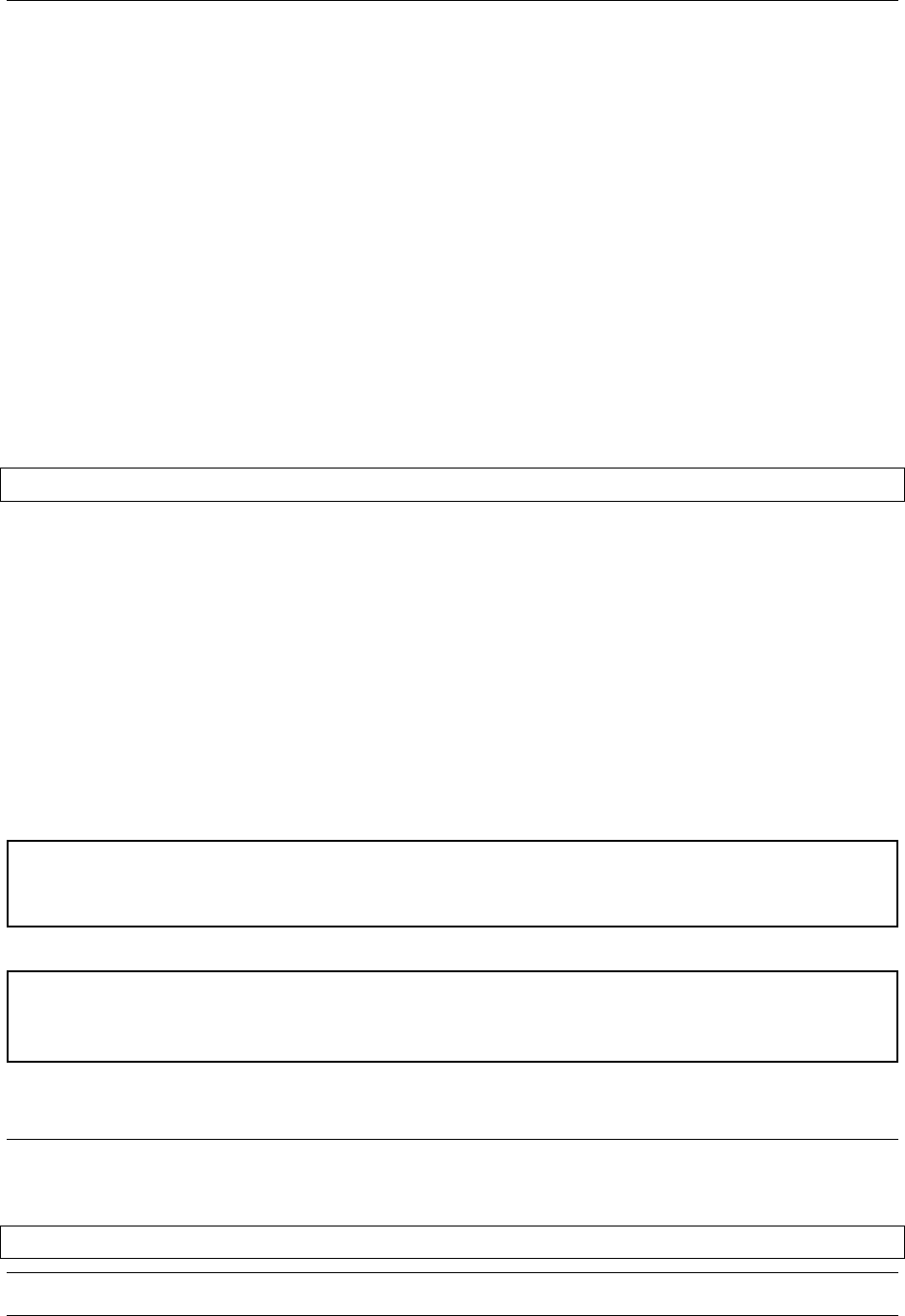
GeoServer User Manual, Release 2.15.1
to decode the encrypted password and pass it to the external service. Plain text and PBE passwords are
reversible.
Non-reversible passwords provide the highest level of security, and therefore should be used for user ac-
counts and wherever else possible. Using password digesting is highly recommended, the installation of
the unrestricted policy files is not required.
13.4.2 Secret keys and the keystore
For a reversible password to provide a meaningful level of security, access to the password must be re-
stricted in some way. In GeoServer, encrypting and decrypting passwords involves the generation of secret
shared keys, stored in a typical Java keystore. GeoServer uses its own keystore for this purpose named
geoserver.jceks which is located in the security directory in the GeoServer data directory. This file
is stored in the JCEKS format rather than the default JKS. JKS does not support storing shared keys.
The GeoServer keystore is password protected with a Master password. It is possible to access the contents
of the keystore with external tools such as keytool. For example, this following command would prompt
for the master password and list the contents of the keystore:
$ keytool -list -keystore geoserver.jceks -storetype "JCEKS"
13.4.3 Master password
It is also possible to set a master password for GeoServer. This password serves two purposes:
• Protect access to the keystore
• Protect access to the GeoServer Root account
By default, the master password is generated and stored in a file named security/masterpw.info
using plain text. When upgrading from an existing GeoServer data directory (versions 2.1.x and lower),
the algorithm attempts to figure out the password of a user with the role ROLE_ADMINISTRATOR. If such a
password is found and the password length is 8 characters at minimum, GeoServer uses this password as
master password. Again, the name of the chosen user is found in security/masterpw.info.
Warning: The file security/masterpw.info is a security risk. The administrator should read this
file and verify the master password by logging on GeoServer as the root user. On success, this file
should be removed.
Warning: The first thing an Administrator of the System should do is dump the Master Password gen-
erated by GeoServer, store it somewhere not accessible by anyone, and delete security/masterpw.
info or whatever file you dumped the password to.
Refer to Active master password provider for information on how to change the master password.
Note: By default login to the Admin GUI and REST APIs using the Master Password is disabled. In order
to enable it you will need to manually change the Master Password Provider config.xml, usually located in
security/masterpw/default/config.xml, by adding the following statement:
``<loginEnabled>true</loginEnabled>``
13.4. Passwords 1441

GeoServer User Manual, Release 2.15.1
13.4.4 Password policies
A password policy defines constraints on passwords such as password length, case, and required mix of
character classes. Password policies are specified when adding User/group services and are used to constrain
passwords when creating new users and when changing passwords of existing users.
Each user/group service uses a password policy to enforce these rules. The default GeoServer password
policy implementation supports the following optional constraints:
• Passwords must contain at least one number
• Passwords must contain at least one upper case letter
• Passwords must contain at least one lower case letter
• Password minimum length
• Password maximum length
13.5 Root account
The highly configurable nature of GeoServer security may result in an administrator inadvertently disrupt-
ing normal authentication, essentially disabling all users including administrative accounts. For this reason,
the GeoServer security subsystem contains a root account that is always active, regardless of the state of
the security configuration. Much like its UNIX-style counterpart, this account provides “super user” status,
and is meant to provide an alternative access method for fixing configuration issues.
The user name for the root account is root. Its name cannot be changed and the password for the root
account is the Master password.
13.6 Service Security
GeoServer supports access control at the service level, allowing for the locking down of service operations
to only authenticated users who have been granted a particular role. There are two main categories of
services in GeoServer. The first is OWS services such as WMS and WFS. The second are RESTful services,
such as the GeoServer REST.
Note: Service-level security and Layer security cannot be combined. For example, it is not possible to
specify access to a specific OWS service only for one specific layer.
13.6.1 OWS services
OWS services support setting security access constraints globally for a particular service, or to a specific
operation within that service. A few examples include:
• Securing the entire WFS service so only authenticated users have access to all WFS operations.
• Allowing anonymous access to read-only WFS operations such as GetCapabilities, but securing write
operations such as Transaction.
• Disabling the WFS service in effect by securing all operations and not applying the appropriate roles
to any users.
1442 Chapter 13. Security
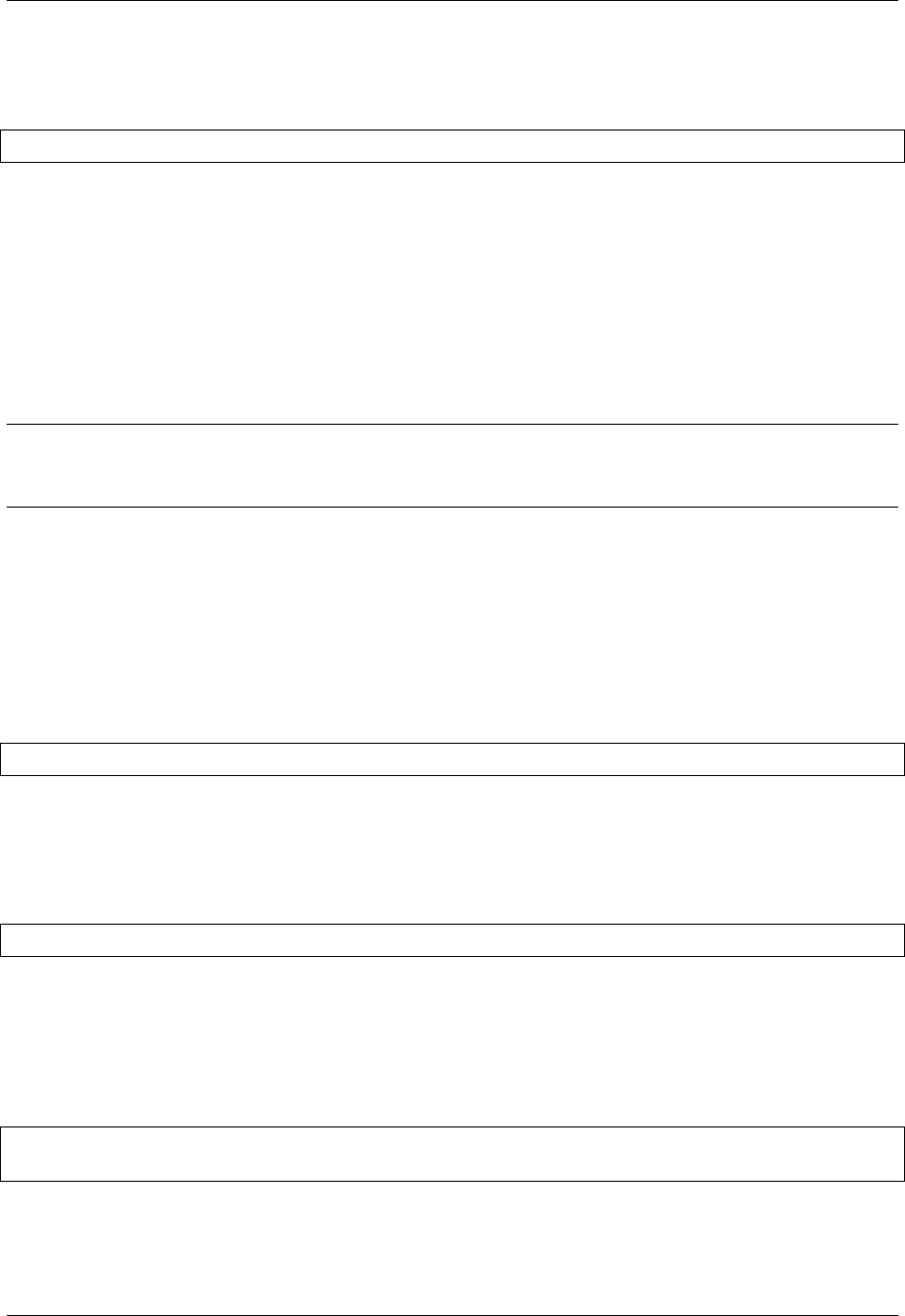
GeoServer User Manual, Release 2.15.1
OWS service security access rules are specified in a file named services.properties, located in the
security directory in the GeoServer data directory. The file contains a list of rules that map service
operations to defined roles. The syntax for specifying rules is as follows:
<service>.<operation|*>=<role>[,<role2>,...]
The parameters include:
•[]—Denotes optional parameters
•|—Denotes “or”
•service—Identifier of an OGC service, such as wfs,wms, or wcs
•operation—Any operation supported by the service, examples include GetFeature for WFS,
GetMap for WMS, *for all operations
•role[,role2,...]—List of predefined role names
Note: It is important that roles specified are actually linked to a user, otherwise the whole ser-
vice/operation will be accessible to no one except for the Root account. However in some cases this may be
the desired effect.
The default service security configuration in GeoServer contains no rules and allows any anonymous user
to access any operation of any service. The following are some examples of desired security restrictions and
the corresponding rules.
Securing the entire WFS service
This rule grants access to any WFS operation only to authenticated users that have been granted the
ROLE_WFS role:
wfs.*=ROLE_WFS
Anonymous WFS access only for read-only operations
This rule grants anonymous access to all WFS operations (such as GetCapabilities and GetFeature) but
restricts Transaction requests to authenticated users that have been granted the ROLE_WFS_WRITE role:
wfs.Transaction=ROLE_WFS_WRITE
Securing data-accessing WFS operations and write operations
Used in conjunction, these two rules grant anonymous access to GetCapabilities and DescribeFeatureType,
forcing the user to authenticate for the GetFeature operation (must be granted the ROLE_WFS_READ role),
and to authenticate to perform transactions (must be granted the ROLE_WFS_WRITE role:
wfs.GetFeature=ROLE_WFS_READ
wfs.Transaction=ROLE_WFS_WRITE
Note this example does not specify whether a user accessing Transactions would also have access to Get-
Feature.
13.6. Service Security 1443
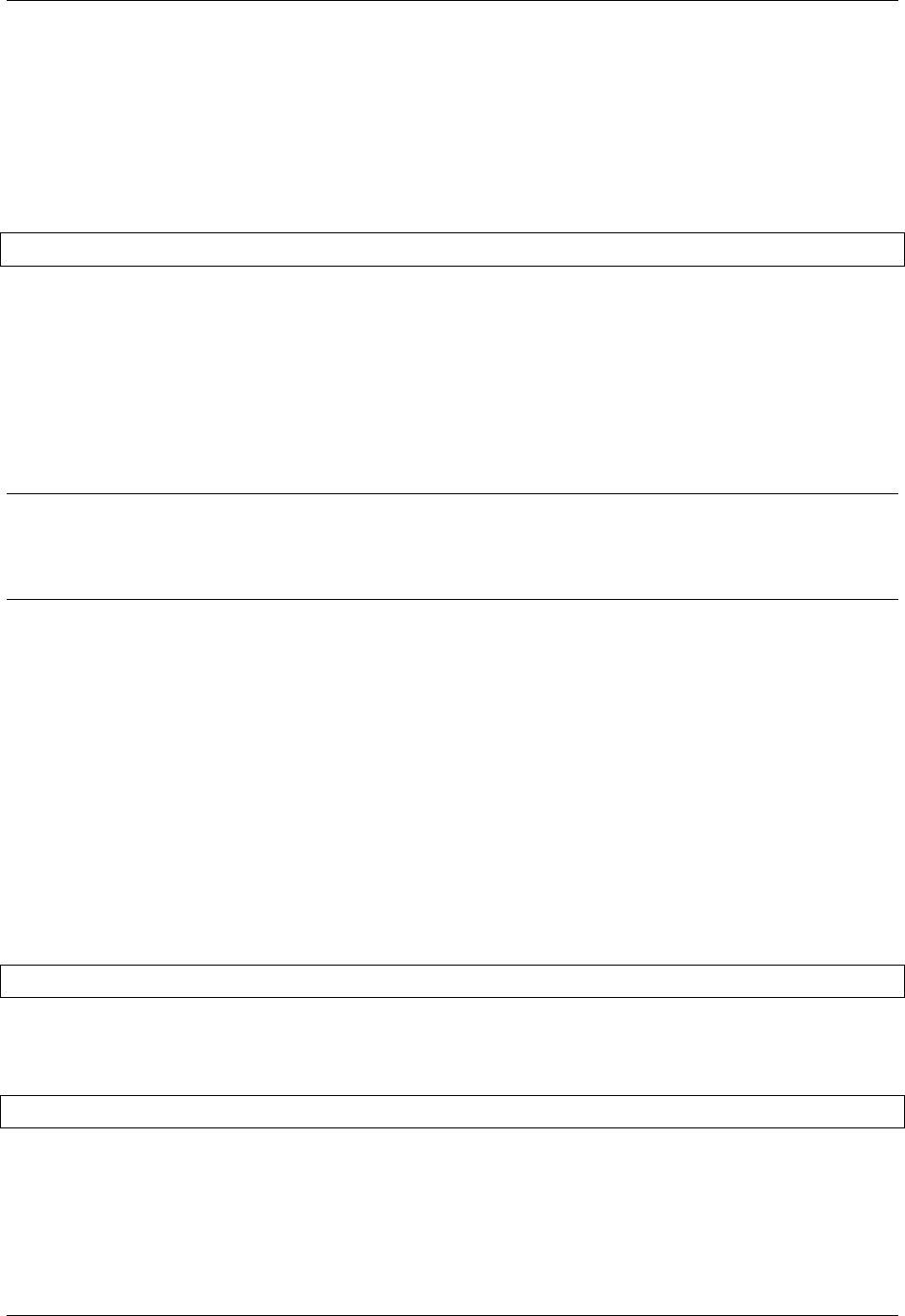
GeoServer User Manual, Release 2.15.1
13.6.2 REST services
In addition to providing the ability to secure OWS services, GeoServer also allows for the securing of REST-
ful services.
REST service security access rules are specified in a file named rest.properties, located in the
security directory of the GeoServer data directory. This file contains a list of rules mapping request
URIs to defined roles. The rule syntax is as follows:
<uriPattern>;<method>[,<method>,...]=<role>[,<role>,...]
The parameters include:
•[]—Denote optional parameters
•uriPattern—The ant pattern that matches a set of request URIs
•method—HTTP request method, one of GET,POST,PUT,POST,DELETE, or HEAD
•role—Name of a predefined role. The wildcard *is used to indicate all users, including anonymous
users.
Note:
• URI patterns should account for the first component of the rest path, usually rest or api
•method and role lists should not contain any spaces
Ant patterns
Ant patterns are commonly used for pattern matching directory and file paths. The following examples
provide some basic instructions. The Apache ant user manual contains more sophisticated use cases.
These examples are specific to GeoServer REST, but any RESTful GeoServer service could be configured in
the same manner.
Disabling anonymous access to services
The most secure of configurations is one that forces any request, REST or otherwise, to be authenticated.
The following will lock down access to all requests to users that are granted the ROLE_ADMINISTRATOR
role:
/**;GET,POST,PUT,DELETE=ROLE_ADMINISTRATOR
A less restricting configuration locks down access to operations under the path /rest to users granted the
ROLE_ADMINISTRATOR role, but will allow anonymous access to requests that fall under other paths (for
example /api):
/rest/**;GET,POST,PUT,DELETE=ROLE_ADMINISTRATOR
Allowing anonymous read-only access
The following configuration grants anonymous access when the GET method is used, but forces authenti-
cation for a POST,PUT, or DELETE method:
1444 Chapter 13. Security
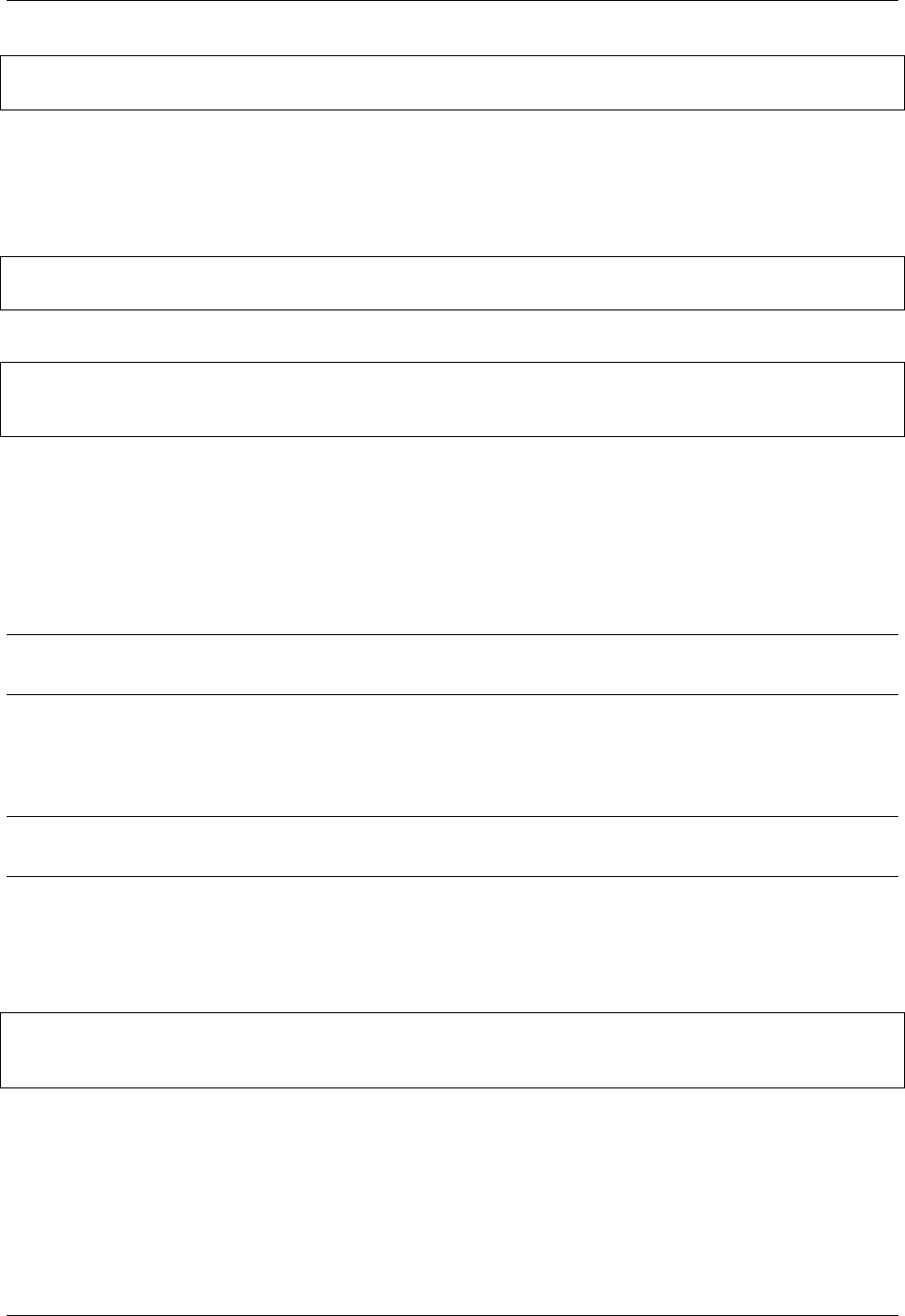
GeoServer User Manual, Release 2.15.1
/**;GET=IS_AUTHENTICATED_ANONYMOUSLY
/**;POST,PUT,DELETE=TRUSTED_ROLE
Securing a specific resource
The following configuration forces authentication for access to a particular resource (in this case the states
feature type):
/rest/**/states*;GET=TRUSTED_ROLE
/rest/**;POST,PUT,DELETE=TRUSTED_ROLE
The following secures access to a set of resources (in this case all data stores).:
/rest/**/datastores/*;GET=TRUSTED_ROLE
/rest/**/datastores/*.*;GET=TRUSTED_ROLE
/rest/**;POST,PUT,DELETE=TRUSTED_ROLE
Note the trailing wildcards /*and /*.*.
13.7 Layer security
GeoServer allows access to be determined on a per-layer basis.
Note: Layer security and Service Security cannot be combined. For example, it is not possible to specify
access to a specific OWS service, only for one specific layer.
Providing access to layers is linked to roles. Layers and roles are linked in a file called layers.
properties, which is located in the security directory in your GeoServer data directory. The file con-
tains the rules that control access to workspaces and layers.
Note: The default layers security configuration in GeoServer allows any anonymous user to read data
from any layer but only allows admin users to edit data.
13.7.1 Rules
The syntax for a layer security rule can follow three different patterns ([] denotes optional parameters):
globalLayerGroup.permission=role[,role2,...]
workspace.layer.permission=role[,role2,...]
workspace.workspaceLayerGroup.permission=role[,role2,...]
The parameters include:
•globalLayerGroup— Name of a global layer group (one without workspace associated to it).
•workspace— Name of the workspace. The wildcard *is used to indicate all workspaces.
•layer— Name of a resource (featuretype/coverage/etc. . . ). The wildcard *is used to indicate all
layers.
•workspaceLayerGroup— Name of a workspace specific layer group.
13.7. Layer security 1445

GeoServer User Manual, Release 2.15.1
•permission— Type of access permission/mode.
–r—Read access
–w—Write access
–a—Admin access
See Access modes for more details.
•role[,role2,...] is the name(s) of predefined roles. The wildcard *is used to indicate the per-
mission is applied to all users, including anonymous users.
Note: If a workspace or layer name is supposed to contain dots, they can be escaped using double back-
slashes (\\). For example, if a layer is named layer.with.dots the following syntax for a rule may be
used:
topp.layer\\.with\\.dots.r=role[,role2,...]
General rules for layer security:
• Each entry must have a unique combination of workspace, layer, and permission values.
• If a permission at the global level is not specified, global permissions are assumed to allow read/write
access.
• If a permission for a workspace is not specified, it inherits permissions from the global specification.
• If a permission for a layer is not specified, it inherits permissions from its workspace specification in
all protocols except WMS (where layer groups rules play a role, see below).
• If a user belongs to multiple roles, the least restrictive permission they inherit will apply.
For WMS, layers will be also secured by considering their containing layer groups. In particular:
• Rules with Single layer groups only affect the group itself, but not its contents. Single mode is consid-
ered just an alias for a list of layers, with no containment.
• Rules with other types of groups (Named tree,Container tree,Earth Observation tree) also affect contained
layers and nested layer groups. If the group is not accessible, the layers and groups contained in
that group will not be accessible either.. The only exception is when another layer group which is
accessible contains the same layer or nested group, in that case the layers they will show up under
the allowed groups.
• Workspace rules gets precedence over global layer group ones when it comes to allow access to layers.
• Layer rules get precedence over all layer group rules when it comes to allow access to layers.
The following tables summarizes the layer group behavior depending on whether they are used in a public
or secured environment:
1446 Chapter 13. Security
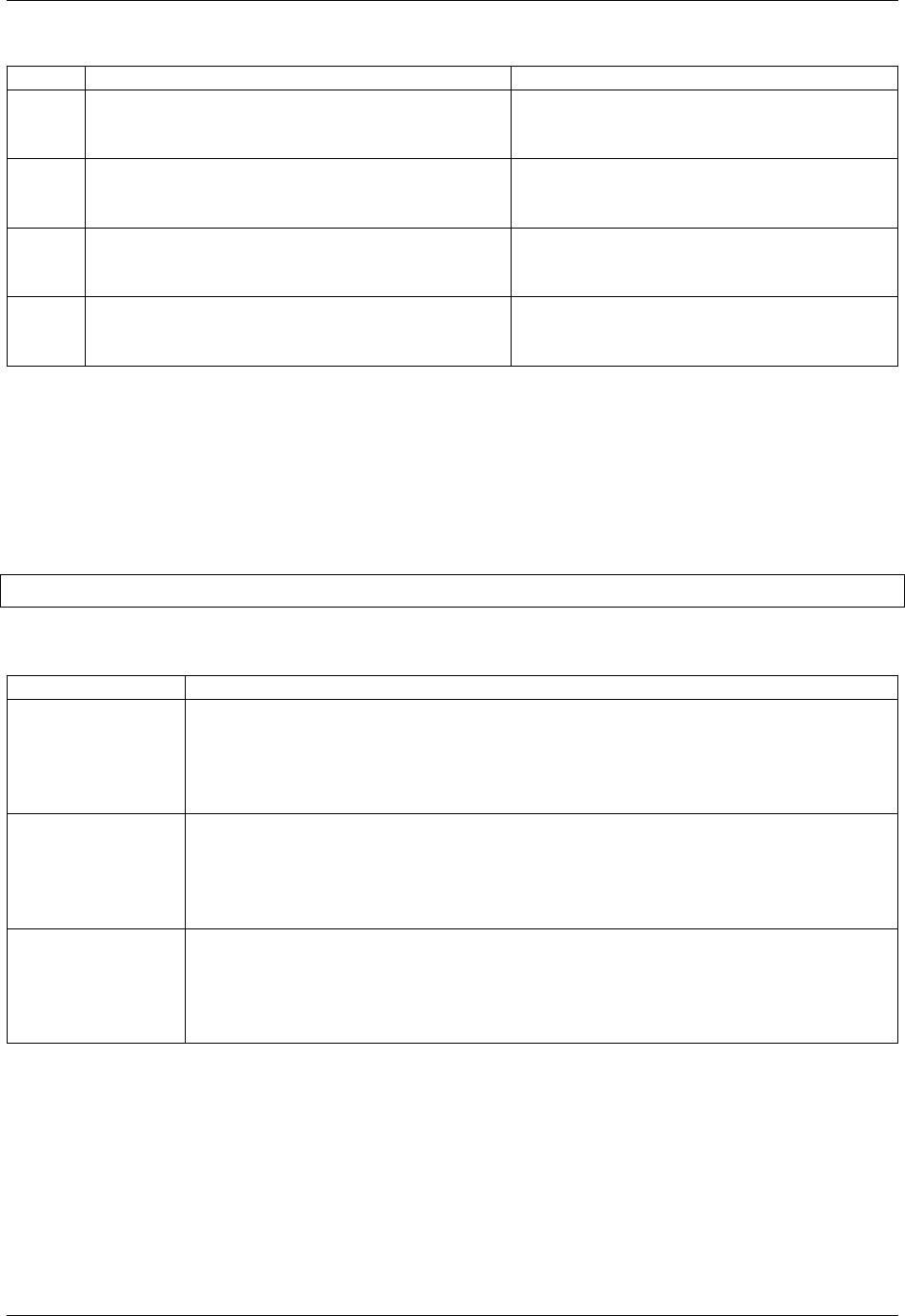
GeoServer User Manual, Release 2.15.1
Mode Public behavior Restricted behavior
Sin-
gle
Looks like a stand-alone layer, can be requested
directly and acts as an alias for a layer list. Lay-
ers are also visible at root level
Does not control layer access at all
Opaque
con-
tainer
Looks like a stand-alone layer, can be requested
directly and acts as an alias for a layer list. Lay-
ers in it are not available for WMS requests
Same as public behavior
Named
tree
Contained layers are visible as children in the ca-
pabilities document, the name can be used as a
shortcut to request all layers.
Restricting access to the group restricts also
the contained layers, unless another “tree”
group allows access to the same layer
Con-
tainer
tree
Same as “named tree”, but does not have a name
published in the capabilities document and thus
cannot be requested directly
Same as “named tree”
13.7.2 Catalog Mode
The layers.properties file may contain a further directive that specifies how GeoServer will advertise
secured layers and behave when a secured layer is accessed without the necessary privileges. The parame-
ter is mode and is commonly referred to as the “catalog mode”.
The syntax is:
mode=option
option may be one of three values:
Option Description
hide (Default) Hides layers that the user does not have read access to, and behaves as if
a layer is read only if the user does not have write permissions. The capabilities
documents will not contain the layers the current user cannot access. This is the
highest security mode. As a result, it may not work very well with clients such as
uDig or Google Earth.
challenge Allows free access to metadata, but any attempt at accessing actual data is met
by a HTTP 401 code (which forces most clients to show an authentication dialog).
The capabilities documents contain the full list of layers. DescribeFeatureType and
DescribeCoverage operations work successfully. This mode works fine with clients
such as uDig or Google Earth.
mixed Hides the layers the user cannot read from the capabilities documents, but triggers
authentication for any other attempt to access the data or the metadata. This option
is useful if you don’t want the world to see the existence of some of your data, but
you still want selected people to who have data access links to get the data after
authentication.
13.7.3 Access modes
The access mode defines what level of access should be granted on a specific workspace/layer to a partic-
ular role. There are three types of access mode:
•r—Read mode (read data from a workspace/layer)
•w—Write mode (write data to a workspace/layer)
•a—Admin mode (access and modify the configuration of a workspace/layer)
13.7. Layer security 1447
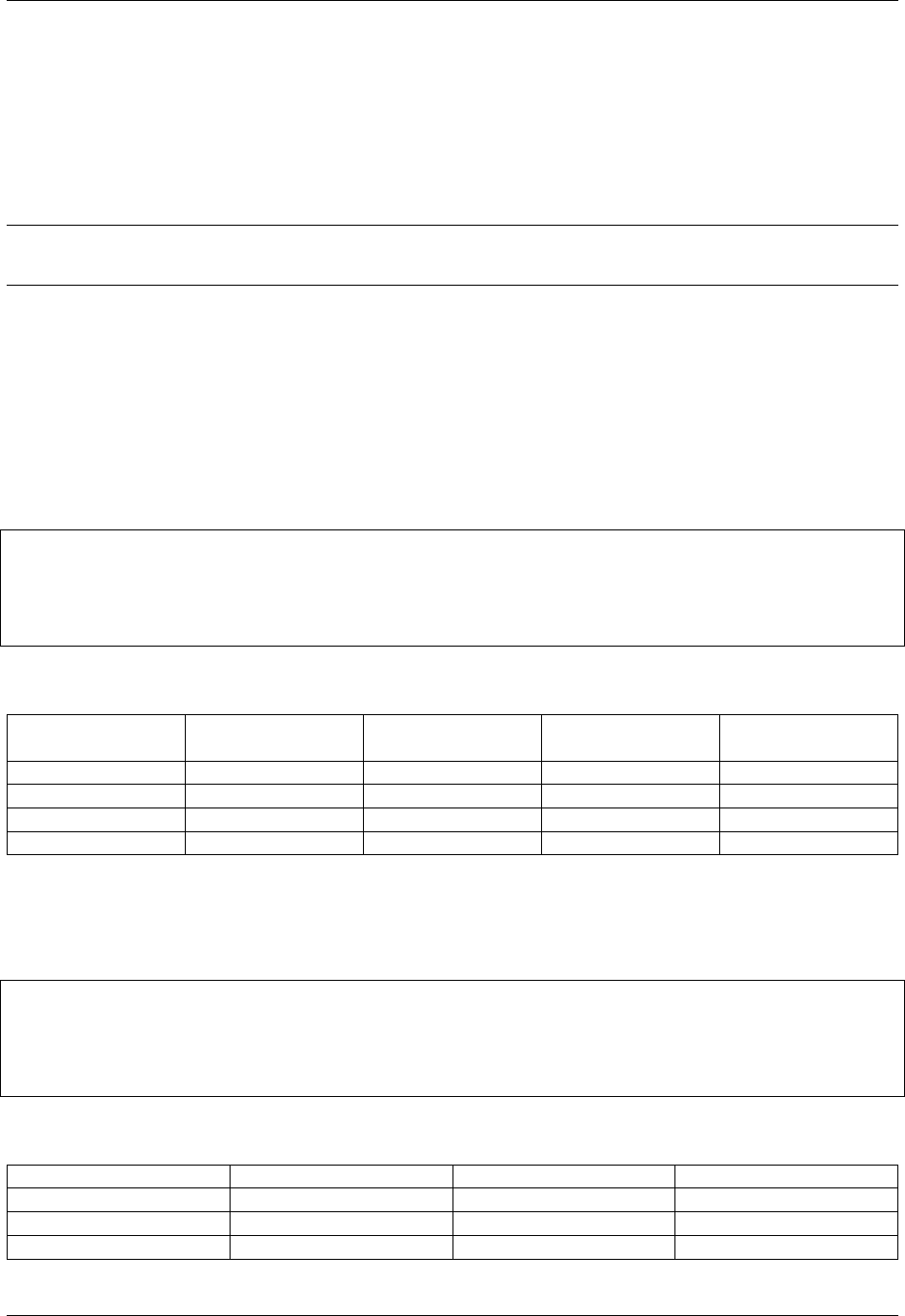
GeoServer User Manual, Release 2.15.1
Some notes on the above access modes:
• Write does not imply Read, but Admin implies both Write and Read.
• Read and Write apply to the data of a layer, while Admin applies to the configuration of a layer.
• As Admin mode only refers to the configuration of the layer, it is not required for any OGC service
request.
Note: Currently, it is possible to assign Admin permission only to an entire workspace, and not to specific
layers.
13.7.4 Examples
The following examples illustrate some possible layer restrictions and the corresponding rules.
Protecting a single workspace and a single layer
The following example demonstrates how to configure GeoServer as a primarily a read-only server:
*.*.r=*
*.*.w=NO_ONE
private.*.r=TRUSTED_ROLE
private.*.w=TRUSTED_ROLE
topp.congress_district.w=STATE_LEGISLATORS
The mapping of roles to permissions is as follows:
Role private.* topp.* topp.congress_district(all other
workspaces)
NO_ONE (none) w (none) w
TRUSTED_ROLE r/w r r r
STATE_LEGISLATURES(none) r r/w r
(All other users) r r r r
Locking down GeoServer
The following example demonstrates how to lock down GeoServer:
*.*.r=TRUSTED_ROLE
*.*.w=TRUSTED_ROLE
topp.*.r=*
army.*.r=MILITARY_ROLE,TRUSTED_ROLE
army.*.w=MILITARY_ROLE,TRUSTED_ROLE
The mapping of roles to permissions is as follows:
Role topp.* army.* (All other workspaces)
TRUSTED_ROLE r/w r/w r/w
MILITARY_ROLE r r/w (none)
(All other users) r (none) (none)
1448 Chapter 13. Security
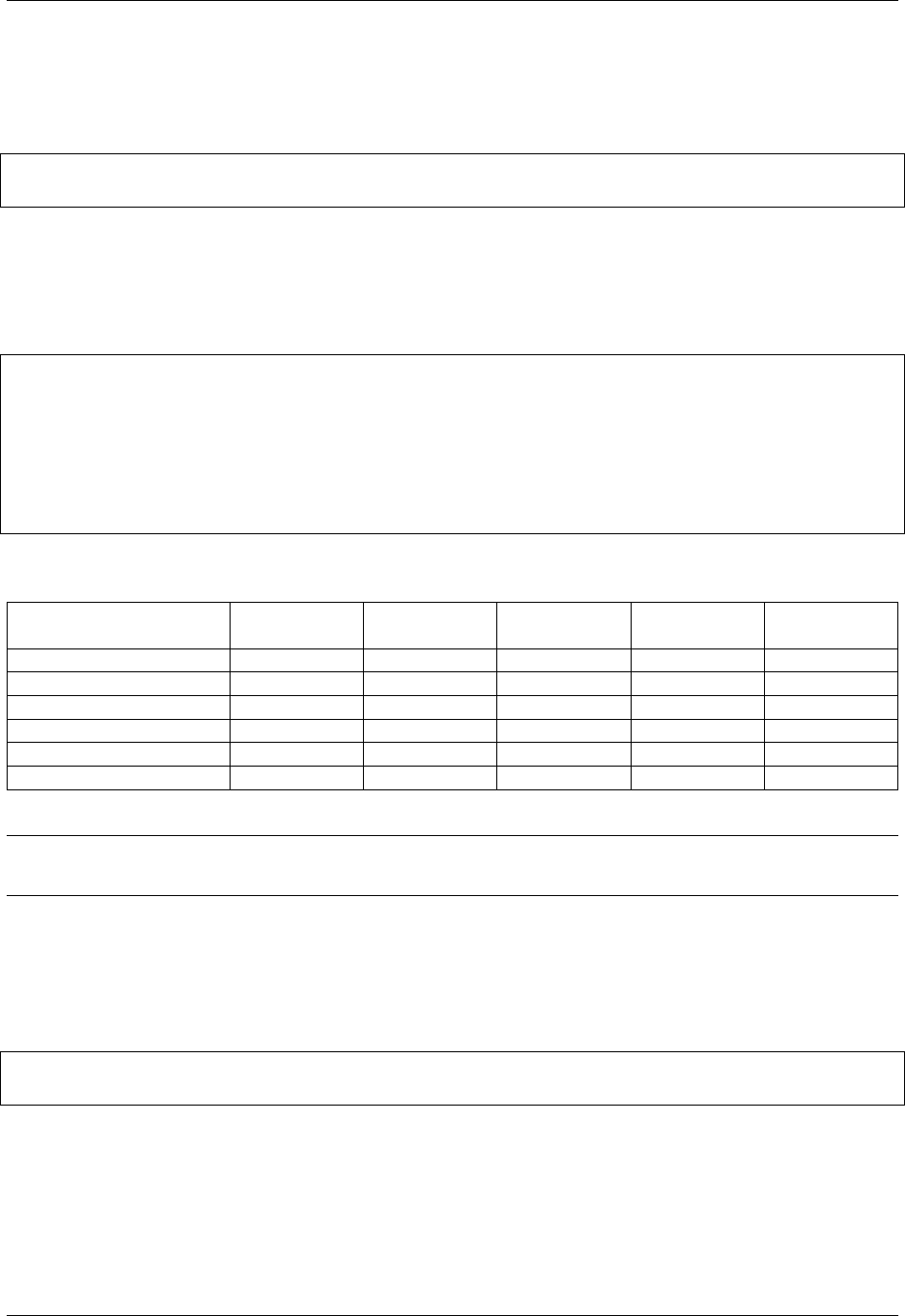
GeoServer User Manual, Release 2.15.1
Providing restricted administrative access
The following provides administrative access on a single workspace to a specific role, in additional to the
full administrator role:
*.*.a=ROLE_ADMINISTRATOR
topp.*.a=ROLE_TOPP_ADMIN,ROLE_ADMINISTRATOR
Managing multi-level permissions
The following example demonstrates how to configure GeoServer with global-, workspace–, and layer-level
permissions:
*.*.r=TRUSTED_ROLE
*.*.w=NO_ONE
topp.*.r=*
topp.states.r=USA_CITIZEN_ROLE,LAND_MANAGER_ROLE,TRUSTED_ROLE
topp.states.w=NO_ONE
topp.poly_landmarks.w=LAND_MANAGER_ROLE
topp.military_bases.r=MILITARY_ROLE
topp.military_bases.w=MILITARY_ROLE
The mapping of roles to permissions is as follows:
Role topp.states topp.poly_landmarkstopp.military_basestopp.(all
other layers)
(All other
workspaces)
NO_ONE w r (none) w w
TRUSTED_ROLE r r (none) r r
MILITARY_ROLE (none) r r/w r (none)
USA_CITIZEN_ROLE r r (none) r (none)
LAND_MANAGER_ROLE r r/w (none) r (none)
(All other users) (none) r (none) r (none)
Note: The entry topp.states.w=NO_ONE is not required because this permission would be inherited
from the global level (the entry *.*.w=NO_ONE).
Invalid configuration
The following examples are invalid because the workspace, layer, and permission combinations are not
unique:
topp.state.rw=ROLE1
topp.state.rw=ROLE2,ROLE3
Security by layer group in WMS
To clarify, lets assume the following starting situation, in which all layers and groups are visible:
13.7. Layer security 1449
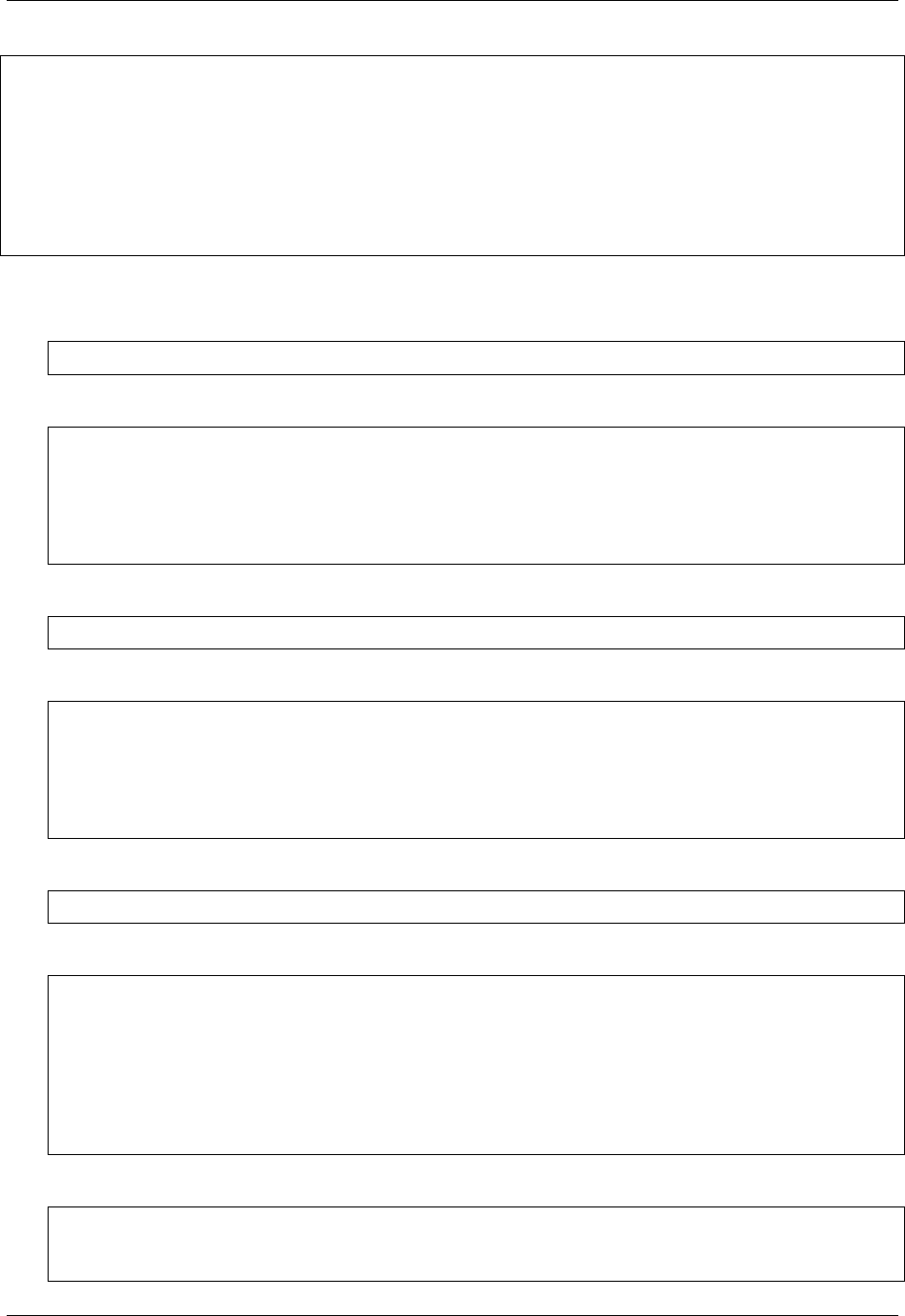
GeoServer User Manual, Release 2.15.1
root
+- namedTreeGroupA
| | ws1:layerA
| ws2:layerB
+- namedTreeGroupB
| | ws2:layerB
| ws1:layerC
+- layerD
+- singleGroupC (contains ws1:layerA and layerD when requested)
Here are a few examples of how the structure changes based on different security rules.
• Denying access to namedTreeGroupA by:
namedTreeGroupA.r=ROLE_PRIVATE
Will give the following capabilities tree to anonymous users:
root
+- namedTreeGroupB
| | ws2:layerB
| ws1:layerC
+- layerD
+- singleGroupC (contains only layerD when requested)
• Denying access to namedTreeGroupB by
namedTreeGroupB.r=ROLE_PRIVATE
Will give the following capabilities tree to anonymous users:
root
+- namedTreeGroupA
| | ws1:layerA
| ws2:layerB
+- layerD
+- singleGroupC (contains ws1:layerA and layerD when requested)
• Denying access to singleGroupC by:
singleGroupC.r=ROLE_PRIVATE
Will give the following capabilities tree to anonymous users:
root
+- namedTreeGroupA
| | ws1:layerA
| ws2:layerB
+- namedTreeGroupB
| | ws2:layerB
| ws1:layerC
+- layerD
• Denying access to everything, but allowing explicit access to namedTreeGroupA by:
nameTreeGroupA.r=*
*.*.r=PRIVATE
*.*.w=PRIVATE
1450 Chapter 13. Security
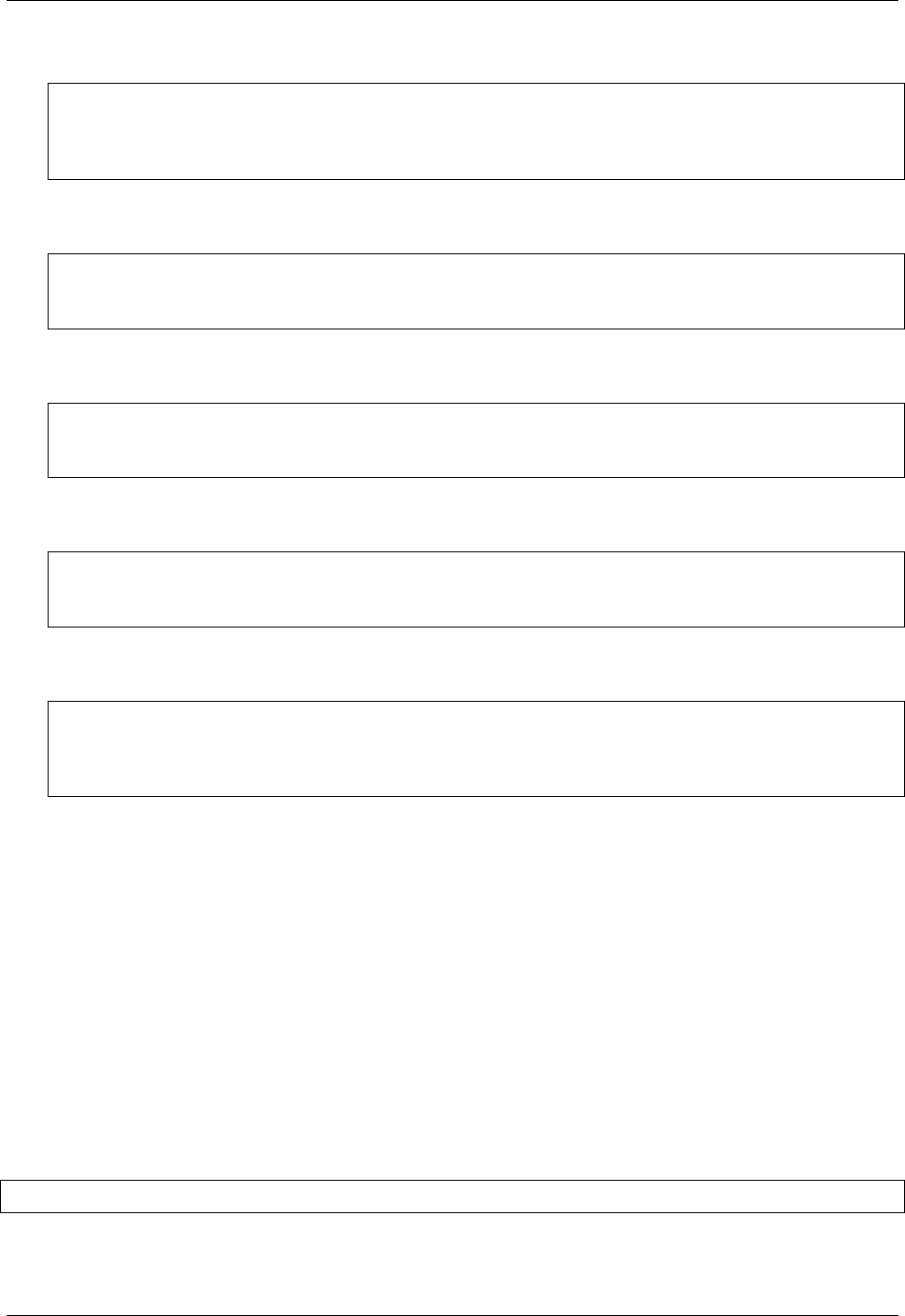
GeoServer User Manual, Release 2.15.1
Will give the following capabilities tree to anonymous users:
root
+- namedTreeGroupA
| ws1:layerA
ws2:layerB
• Denying access to nameTreeA and namedTreeGroupB but explicitly allowing access to
ws1:layerA:
namedTreeGroupA.r=ROLE_PRIVATE
namedTreeGroupB.r=ROLE_PRIVATE
ws1.layerA.r=*
Will give the following capabilities tree to anonymous users (notice how ws1:layerA popped up to
the root):
root
+- ws1:layerA
+- layerD
• Denying access to nameTreeA and namedTreeGroupB but explicitly allowing all layers in ws2 (a
workspace rules overrides global groups ones):
namedTreeGroupA.r=ROLE_PRIVATE
namedTreeGroupB.r=ROLE_PRIVATE
ws2.*.r=*
Will give the following capabilities tree to anonymous users (notice how ws1:layerB popped up to the
root):
root
+- ws2:layerB
+- layerD
+- singleGroupC
13.8 REST Security
In addition to providing the ability to secure OWS style services, GeoServer also supports securing RESTful
services.
As with layer and service security, RESTful security configuration is based on security_roles. The
mapping of request URI to role is defined in a file named rest.properties, located in the security
directory of the GeoServer data directory.
13.8.1 Syntax
The following syntax defines access control rules for RESTful services (parameters in brackets [] are op-
tional):
uriPattern;method[,method,...]=role[,role,...]
The parameters are:
•uriPattern—ant pattern that matches a set of request URIs
13.8. REST Security 1451
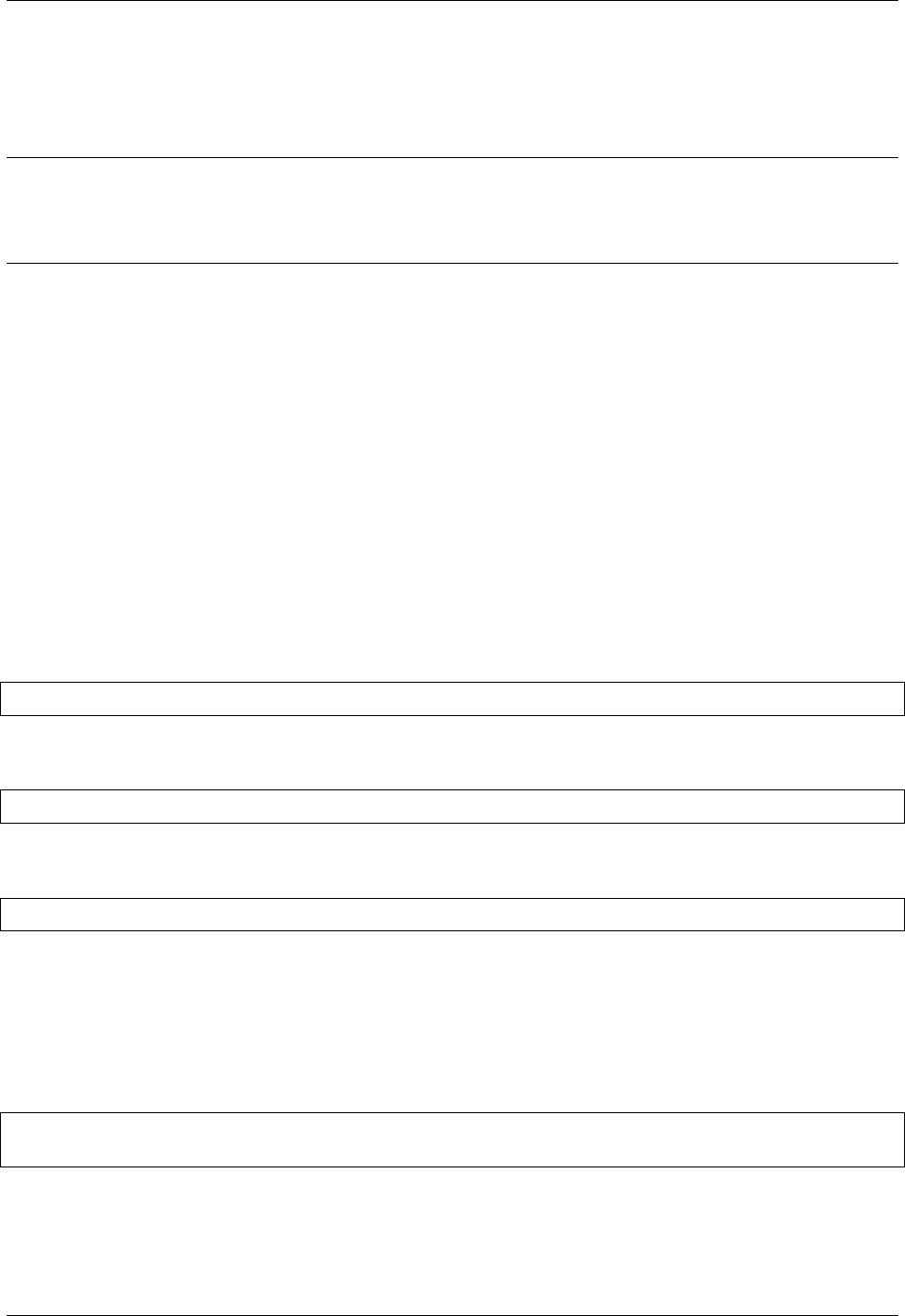
GeoServer User Manual, Release 2.15.1
•method—HTTP request method, one of GET,POST,PUT,POST,DELETE, or HEAD
•role—Name of a predefined role. The wildcard ‘* is used to indicate the permission is applied to all
users, including anonymous users.
Note:
• URI patterns should account for the first component of the rest path, usually rest or api
• Method and role lists should not contain any spaces
Ant patterns
Ant patterns are commonly used for pattern matching directory and file paths. The examples section con-
tains some basic instructions. The Apache ant user manual contains more sophisticated use cases.
13.8.2 Examples
Most of the examples in this section are specific to the GeoServer REST but any RESTful GeoServer service
may be configured in the same manner.
Allowing only authenticated access
The most secure configuration is one that forces any request to be authenticated. The following example
locks down access to all requests:
/**;GET,POST,PUT,DELETE=ROLE_ADMINISTRATOR
A less restricting configuration locks down access to operations under the path /rest, but will allow
anonymous access to requests that fall under other paths (for example /api):
/rest/**;GET,POST,PUT,DELETE=ROLE_ADMINISTRATOR
The following configuration is similar to the previous one except it grants access to a specific role rather
than the administrator:
/**;GET,POST,PUT,DELETE=ROLE_TRUSTED
ROLE_TRUSTED is a role defined in users.properties.
Providing anonymous read-only access
The following configuration allows anonymous access when the GET (read) method is used but forces
authentication for a POST,PUT, or DELETE (write):
/**;GET=IS_AUTHENTICATED_ANONYMOUSLY
/**;POST,PUT,DELETE=TRUSTED_ROLE
1452 Chapter 13. Security
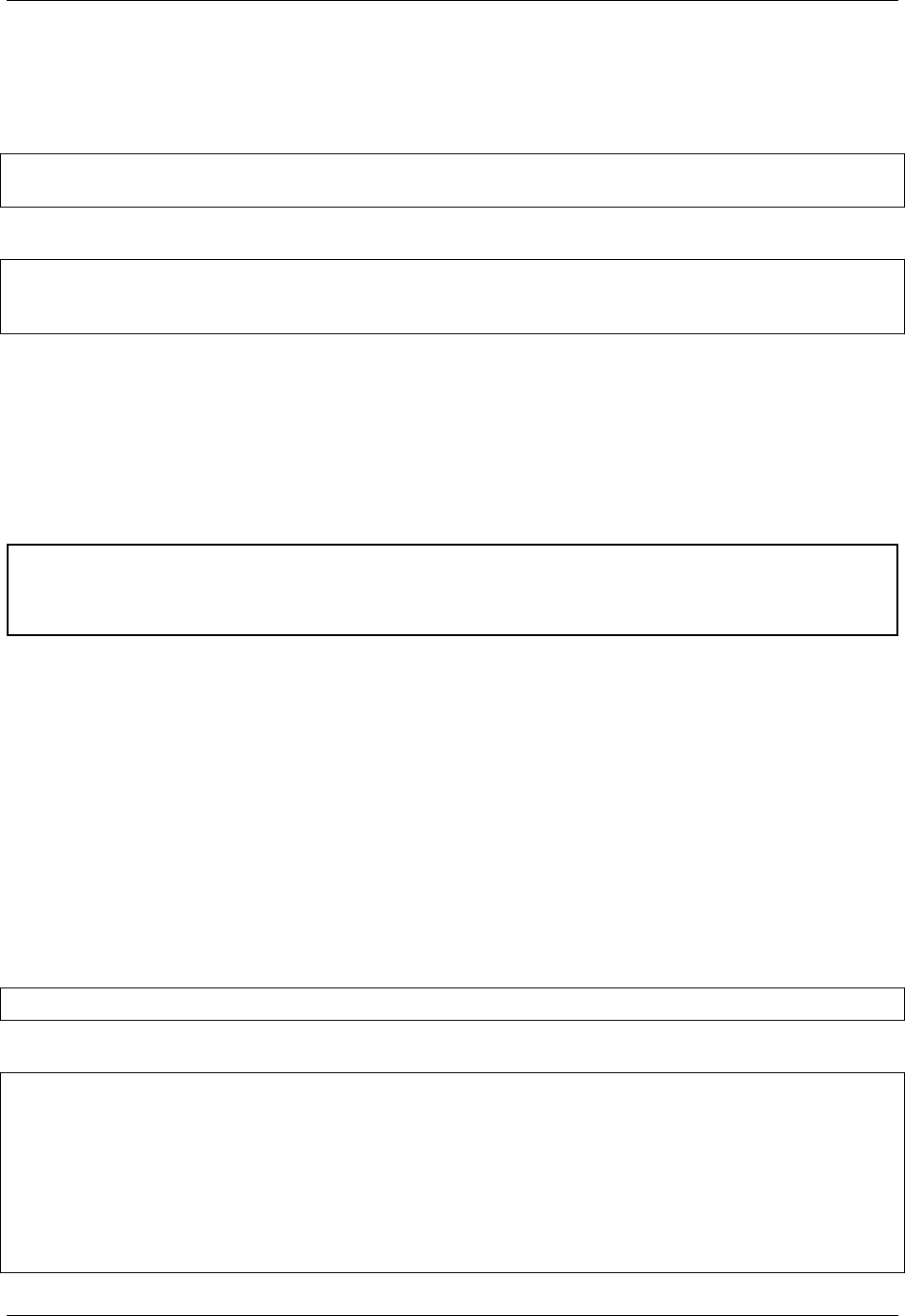
GeoServer User Manual, Release 2.15.1
Securing a specific resource
The following configuration forces authentication for access to a particular resource (in this case a feature
type):
/rest/**/states*;GET=TRUSTED_ROLE
/rest/**;POST,PUT,DELETE=TRUSTED_ROLE
The following secures access to a set of resources (in this case all data stores):
/rest/**/datastores/*;GET=TRUSTED_ROLE
/rest/**/datastores/*.*;GET=TRUSTED_ROLE
/rest/**;POST,PUT,DELETE=TRUSTED_ROLE
13.9 Disabling security
If you are using an external security subsystem, you may want to disable the built-in security to prevent
conflicts. Disabling security is possible for each security filter chain individually. The security filter chains
are listed on the GeoServer authentication page.
Warning: Disabling security for a filter chain results in administrator privileges for each HTTP request
matching this chain. As an example, disabling security on the web chain gives administrative access to
each user accessing the Web administration interface interface.
13.10 Tutorials
13.10.1 Authentication with LDAP
This tutorial introduces GeoServer LDAP support and walks through the process of setting up authen-
tication aganist an LDAP server. It is recommended that the LDAP authentication section be read before
proceeding.
LDAP server setup
A mock LDAP server will be used for this tutorial. Download and run the acme-ldap jar:
java -jar acme-ldap.jar
The output of which should look like the following:
Directory contents:
ou=people,dc=acme,dc=org
uid=bob,ou=people,dc=acme,dc=org
uid=alice,ou=people,dc=acme,dc=org
uid=bill,ou=people,dc=acme,dc=org
ou=groups,dc=acme,dc=org
cn=users,ou=groups,dc=acme,dc=org
member: uid=bob,ou=people,dc=acme,dc=org
member: uid=alice,ou=people,dc=acme,dc=org
13.9. Disabling security 1453
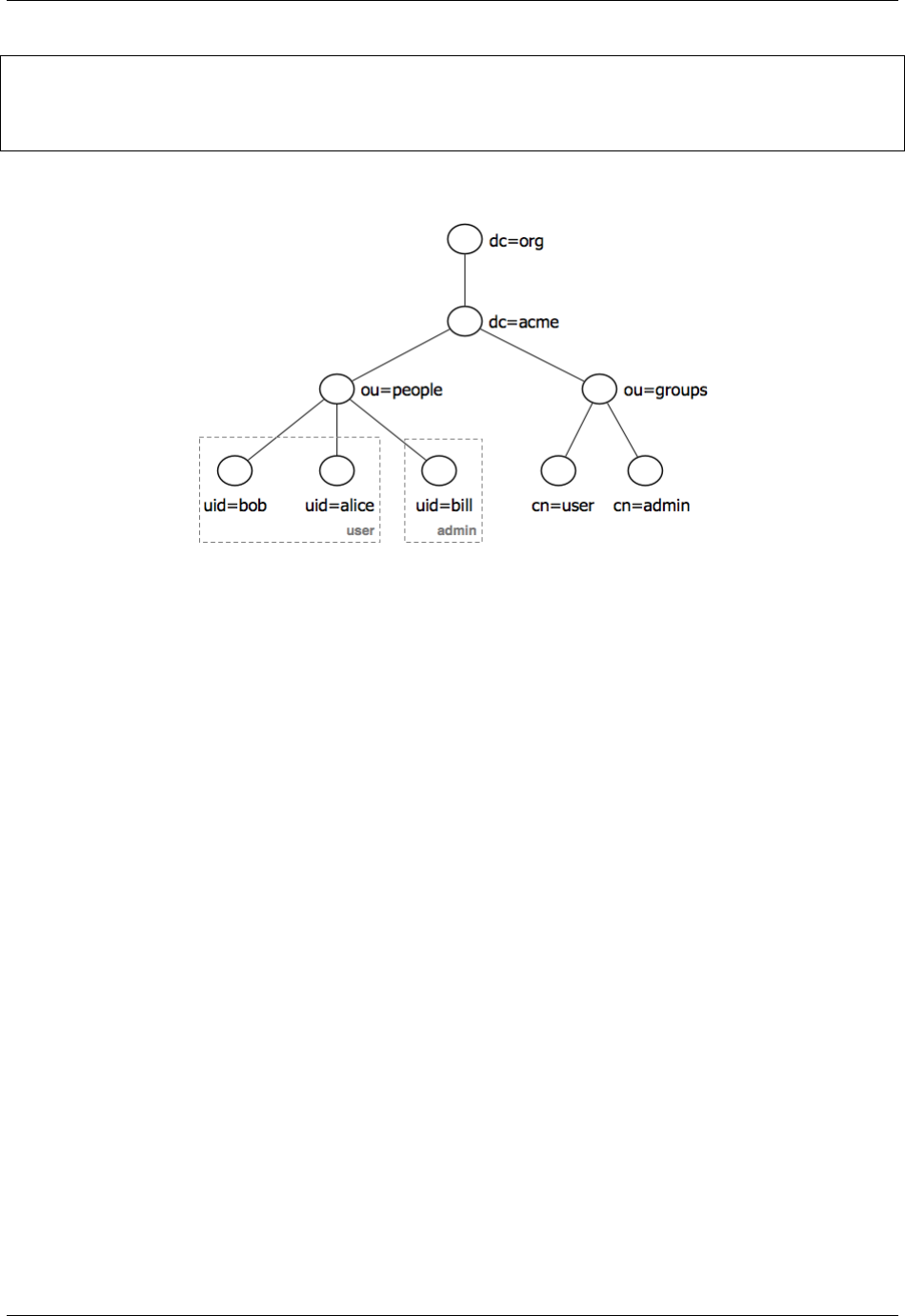
GeoServer User Manual, Release 2.15.1
cn=admins,ou=groups,dc=acme,dc=org
member: uid=bill,ou=people,dc=acme,dc=org
Server running on port 10389
The following diagram illustrates the hierachy of the LDAP datatabse:
The LDAP tree consists of:
• The root domain component, dc=acme,dc=org
• Two organizational units (groups) named user and admin
• Two users named bob and alice who are members of the user group
• One user named bill who is a member of the admin group
Configure the LDAP authentication provider
1. Start GeoServer and login to the web admin interface as the admin user.
2. Click the Authentication link located under the Security section of the navigation sidebar.
3. Scroll down to the Authentication Providers panel and click the Add new link.
4. Click the LDAP link.
5. Fill in the fields of the settings form as follows:
• Set Name to “acme-ldap”
• Set Server URL to “ldap://localhost:10389/dc=acme,dc=org”
• Set User lookup pattern to “uid={0},ou=people”
1454 Chapter 13. Security
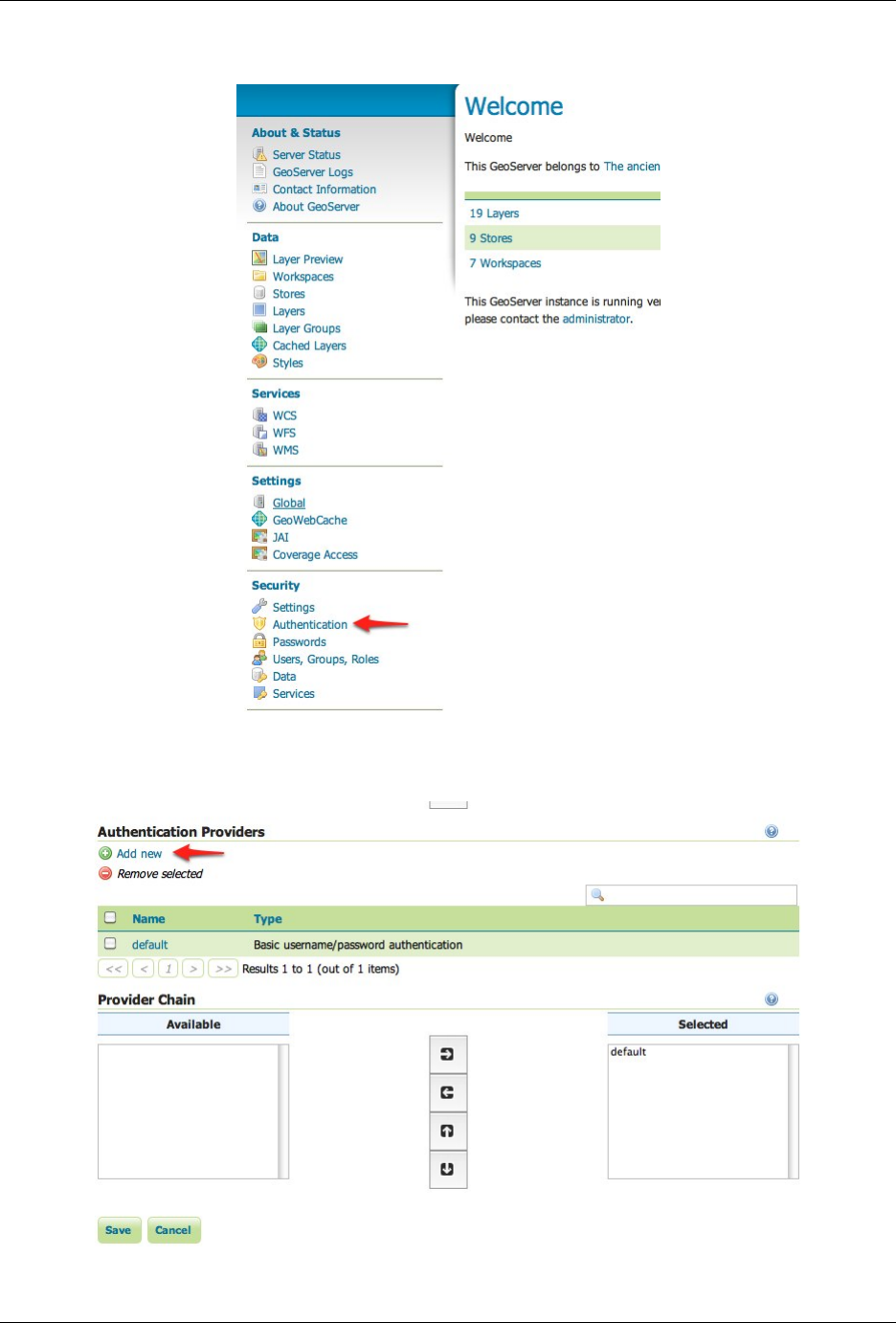
GeoServer User Manual, Release 2.15.1
13.10. Tutorials 1455
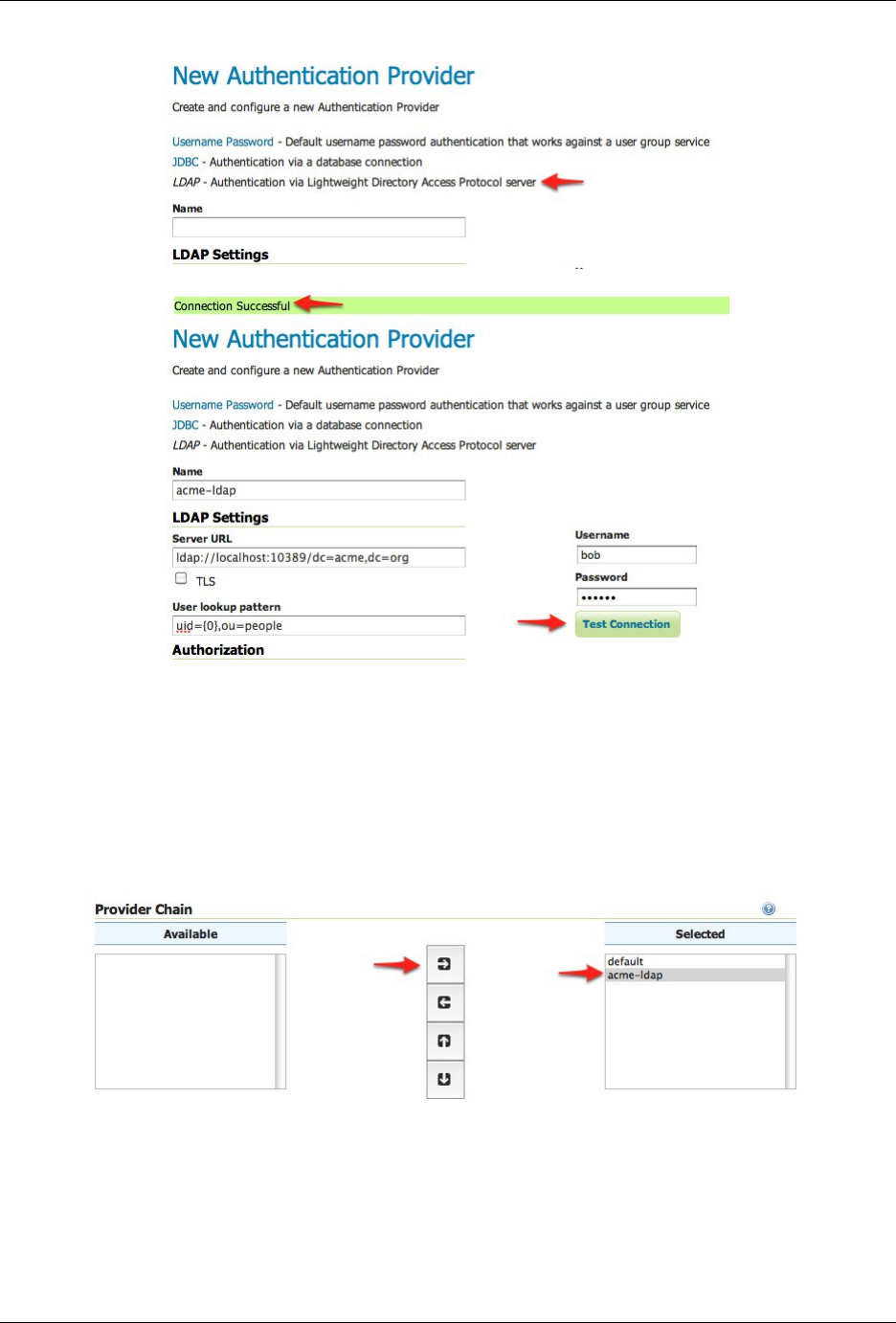
GeoServer User Manual, Release 2.15.1
6. Test the LDAP connection by entering the username “bob” and password “secret” in the connection
test form located on the right and click the Test Connection button.
A successful connection should be reported at the top of the page.
7. Save.
8. Back on the authentication page scroll down to the Provider Chain panel and move the
acme-ldap provider from Available to Selected.
9. Save.
Test a LDAP login
1. Navigate to the GeoServer home page and log out of the admin account.
1456 Chapter 13. Security
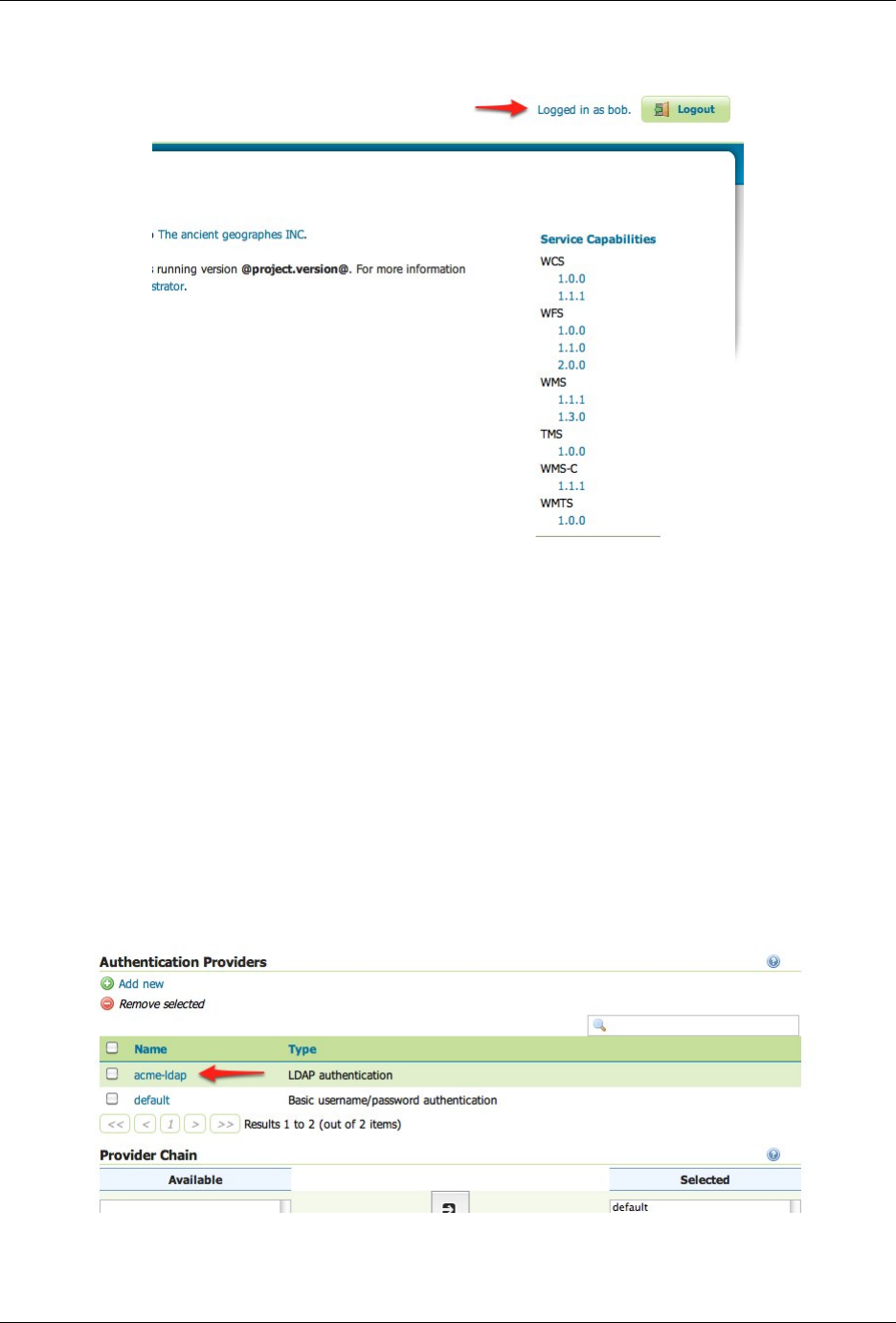
GeoServer User Manual, Release 2.15.1
2. Login as the user “bob” with the with the password “secret”.
Logging in as bob doesn’t yield any administrative functionality because the bobaccount has not been
mapped to the administrator role. In the next section GeoServer will be configured to map groups from the
LDAP database to roles.
Map LDAP groups to GeoServer roles
When using LDAP for authentication GeoServer maps LDAP groups to GeoServer roles by prefixing the
group name with ROLE_ and converting the result to uppercase. For example bob and alice are members
of the user group so after authentication they would be assigned a role named ROLE_USER. Similarily bill
is a member of the admin group so he would be assigned a role named ROLE_ADMIN.
1. Log out of the web admin and log back in as the admin user.
2. Navigate to the Authentication page.
3. Scroll to the Authentication Providers panel and click the acme-ldap link.
4. On the settings page fill in the following form fields:
13.10. Tutorials 1457

GeoServer User Manual, Release 2.15.1
• Set Group search base to “ou=groups”
• Set Group search filter to “member={0}”
The first field specifies the node of the LDAP directory tree at which groups are located. In this case
the organizational unit named groups. The second field specifies the LDAP query filter to use in
order to locate those groups that a specific user is a member of. The {0} is a placeholder which is
replaced with the uid of the user.
• Set Group to use as ADMIN to “ADMIN”
• Set Group to use as GROUP_ADMIN to “ADMIN”
These settings let users in the LDAP admin group to be recognized as GeoServer administrators.
5. Save.
At this point the LDAP provider will populate an authenticated user with roles based on the groups the
user is a member of.
At this point members of the admin LDAP group should be given full administrative privileges once au-
thenticated. Log out of the admin account and log in as “bill” with the password “hello”. Once logged in
full administrative functionality should be available.
Configure the LDAP role service
An additional step permits to configure a role service to get GeoServer roles from the LDAP repository and
allow access rights to be assigned to those roles.
1. Click the Users,Group,Roles link located under the Security section of the navigation sidebar.
2. Click the Add new link under the Role Services section.
3. Click the LDAP option under the New Role Service section.
4. Enter ldaprs in the Name text field.
5. Enter ldap://localhost:10389/dc=acme,dc=org in the Server URL text field.
6. Enter ou=groups in the Group search base text field.
7. Enter member=uid={0},ou=people,dc=acme,dc=org in the Group user membership
search filter text field.
8. Enter cn=*in the All groups search filter text field.
Then we need to a choose a user to authenticate on the server (many LDAP server don’t allow anonymous
data lookup).
1. Check the Authenticate to extract roles checkbox.
2. Enter uid=bill,ou=people,dc=acme,dc=org in the Username text field.
3. Enter hello in the Password text field.
4. Save.
5. Click the ldaprs role service item under the Role Services section.
6. Select ROLE_ADMIN from the Administrator role combobox.
7. Select ROLE_ADMIN from the Group administrator role combobox.
8. Save again.
1458 Chapter 13. Security
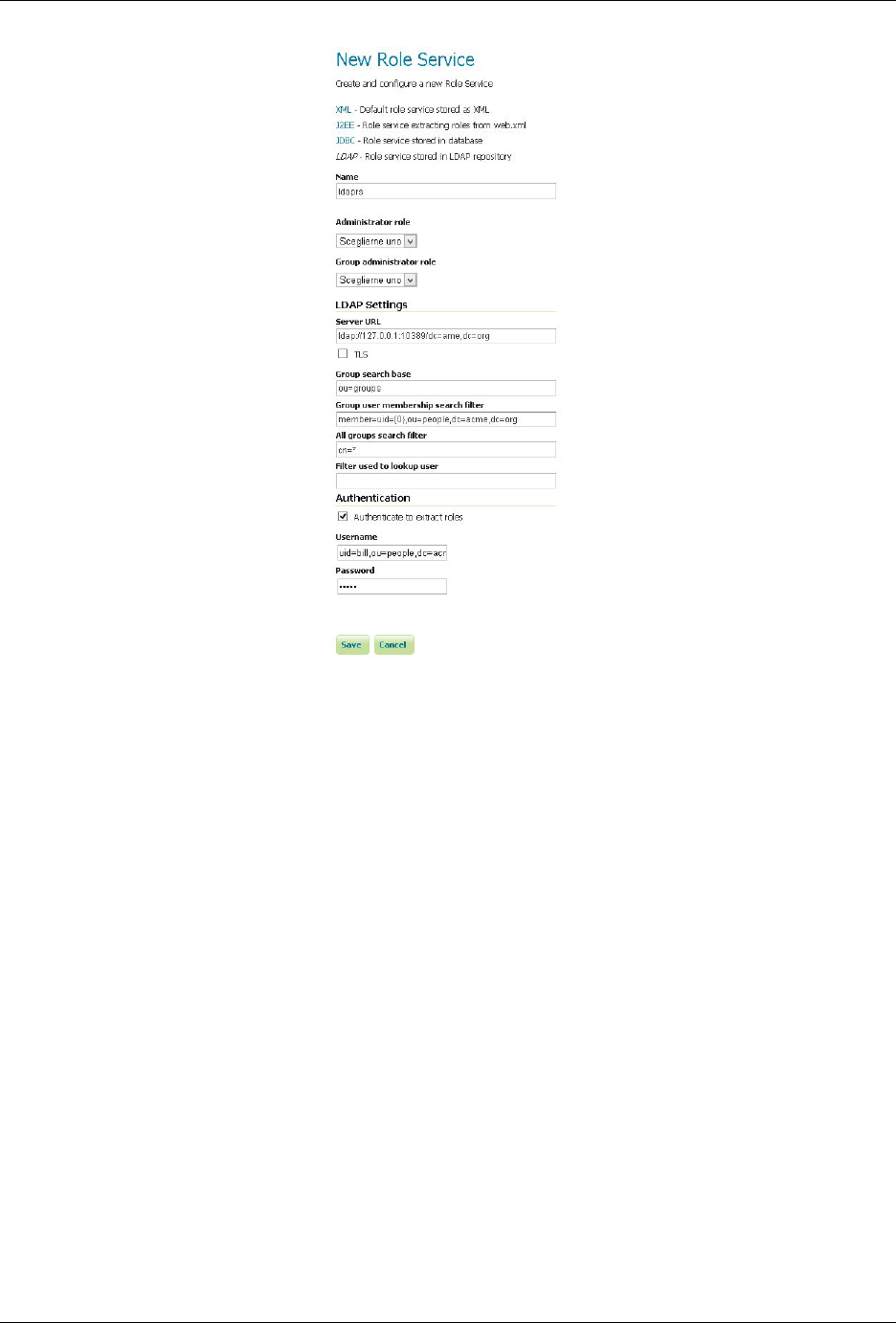
GeoServer User Manual, Release 2.15.1
You should now be able to see and assign the new ROLE_ADMIN and ROLE_USER roles wherever an
Available Roles list is shown (for example in the Data and Services rules sections.
13.10.2 Authentication with LDAP against ActiveDirectory
This tutorial explains how to use GeoServer LDAP support to connect to a Windows Domain using Ac-
tiveDirectory as an LDAP server. It is recommended that the LDAP authentication section be read before
proceeding.
Windows Server and ActiveDirectory
Active Directory is just another LDAP server implementation, but has some features that we must know to
successfully use it with GeoServer LDAP authentication. In this tutorial we will assume to have a Windows
Server Domain Controller with ActiveDirectory named domain-controller for a domain named ad.
local. If your environment uses different names (and it surely will) use your real names where needed.
We will also assume that:
• a group named GISADMINGROUP exists.
• a user named GISADMIN exists, has password secret, and belongs to the GISADMINGROUP group.
• a user named GISUSER exists, has password secret, and does NOT belong to the GISADMINGROUP
group.
13.10. Tutorials 1459
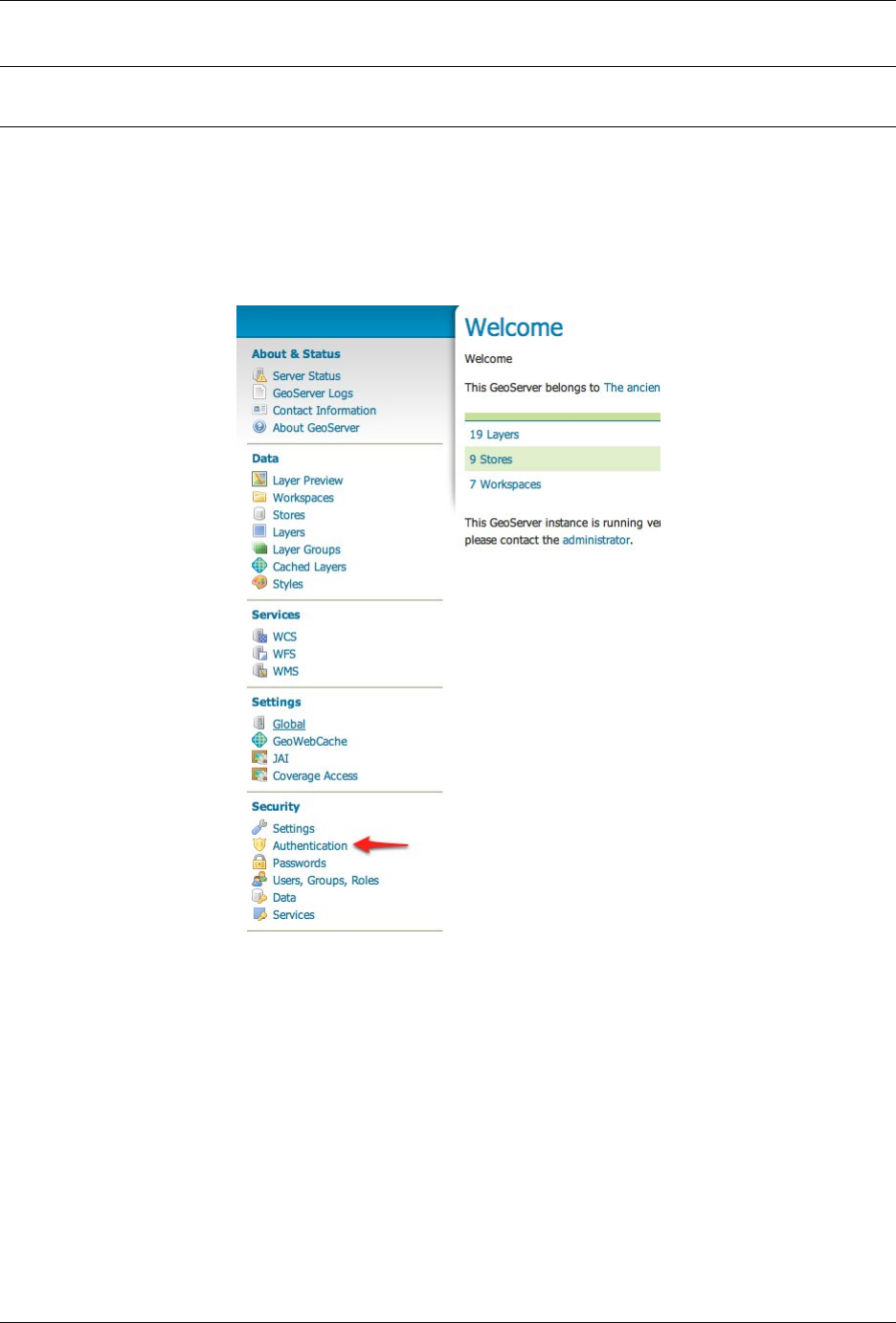
GeoServer User Manual, Release 2.15.1
Note: ADMINISTRATOR cannot be generally used as the admin group name with ActiveDirectory, be-
cause Administrator is the master user name in Windows environment.
Configure the LDAP authentication provider
1. Start GeoServer and login to the web admin interface as the admin user.
2. Click the Authentication link located under the Security section of the navigation sidebar.
3. Scroll down to the Authentication Providers panel and click the Add new link.
4. Click the LDAP link.
5. Fill in the fields of the settings form as follows:
• Set Name to “ad-ldap”
• Set Server URL to “ldap://domain-controller/dc=ad,dc=local
• Set Filter used to lookup user to (|(userPrincipalName={0})(sAMAccountName={1}))
• Set Format used for user login name to “{0}@ad.local”
1460 Chapter 13. Security
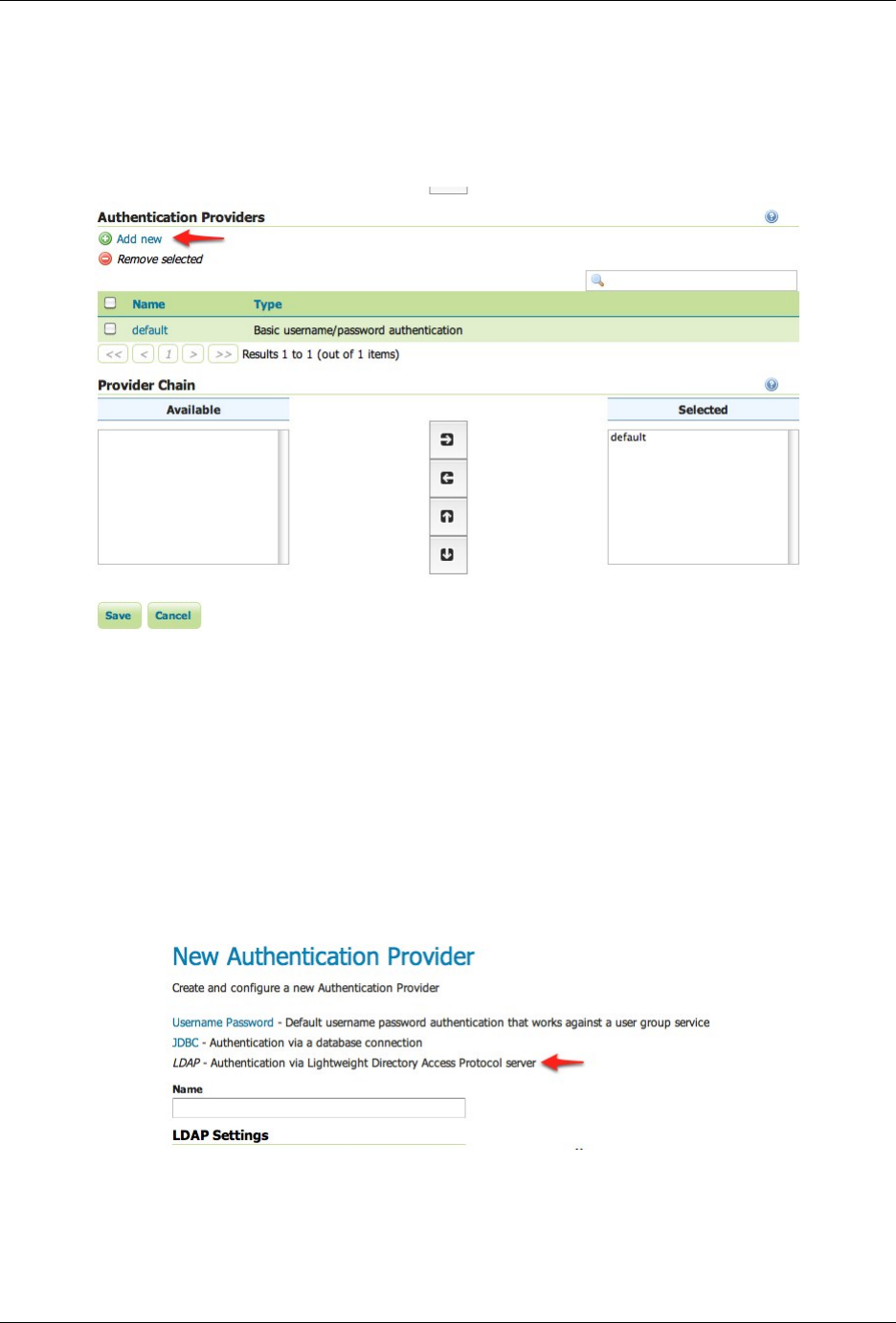
GeoServer User Manual, Release 2.15.1
13.10. Tutorials 1461
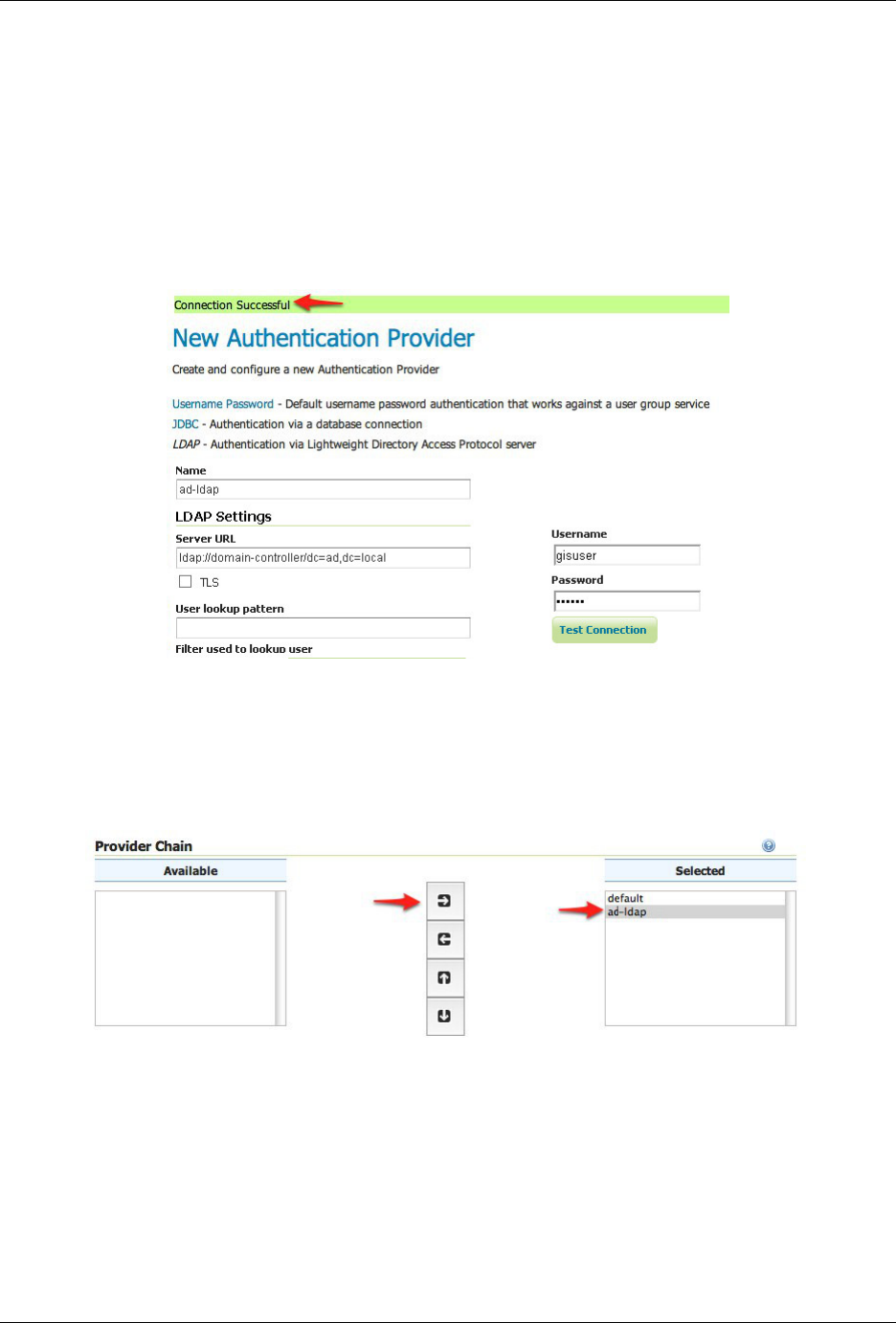
GeoServer User Manual, Release 2.15.1
• Check Use LDAP groups for authorization
• Check Bind user before searching for groups
• Set Group to use as ADMIN to “GISADMINGROUP”
• Set Group search base to “cn=Users”
• Set Group search filter to “member={0}”
6. Test the LDAP connection by entering the username “GISADMIN” and password “secret” in the
connection test form located on the right and click the Test Connection button.
A successful connection should be reported at the top of the page.
7. Save.
8. Back on the authentication page scroll down to the Provider Chain panel and move the ad-ldap
provider from Available to Selected.
9. Save.
Test a LDAP login
1. Navigate to the GeoServer home page and log out of the admin account.
2. Login as the user “GISUSER” with the with the password “secret”.
1462 Chapter 13. Security
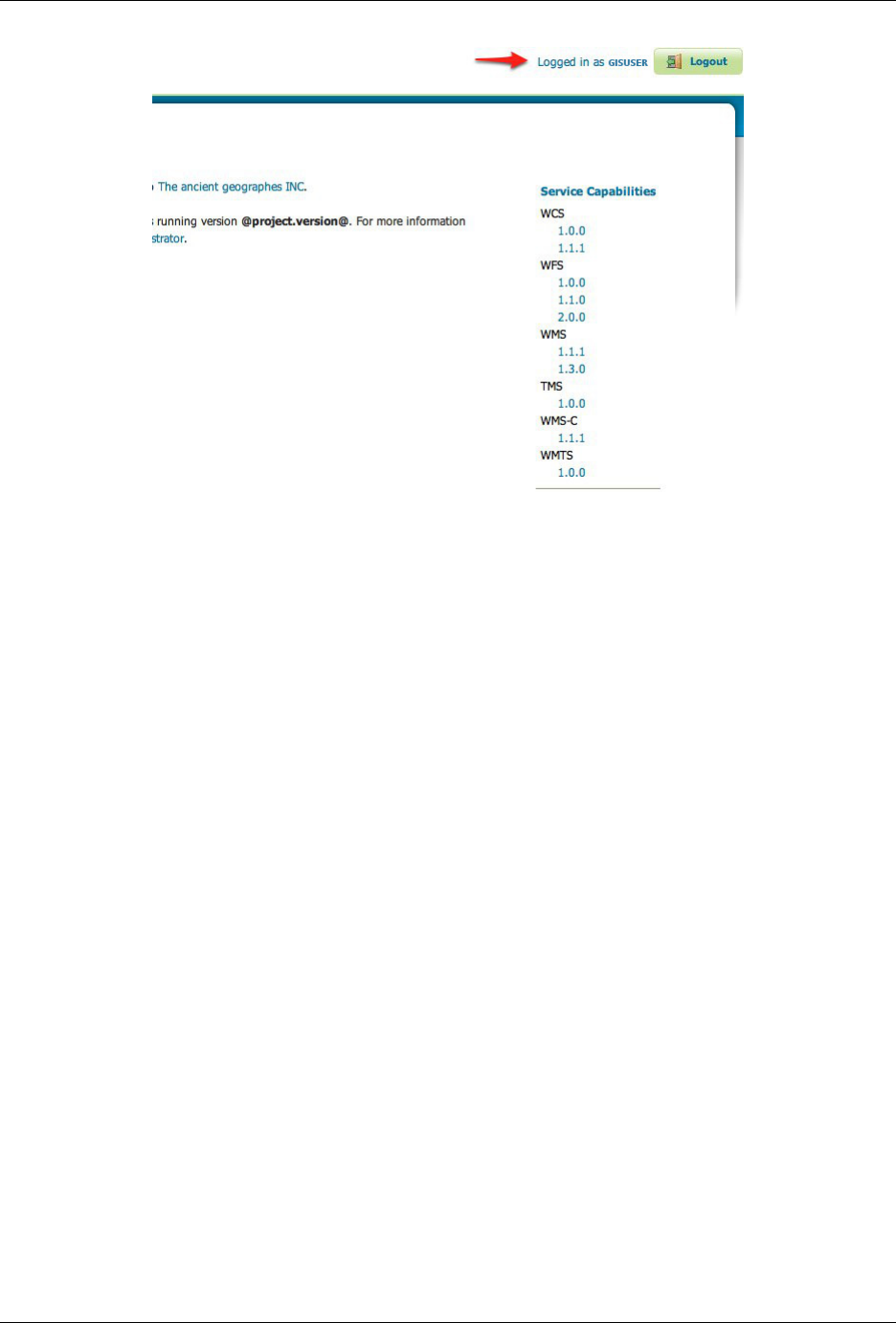
GeoServer User Manual, Release 2.15.1
Logging in as GISUSER doesn’t yield any administrative functionality because the GISUSER account has
not been mapped to the administrator role. In the next section GeoServer will be configured to map groups
from the LDAP database to roles.
Now we will login with a user having administrative rights.
1. Navigate to the GeoServer home page and log out of the account.
2. Login as the user “GISADMIN” with the with the password “secret”.
Once logged in full administrative functionality should be available.
Configure the LDAP role service
An additional step permits to configure a role service to get GeoServer roles from the LDAP repository and
allow access rights to be assigned to those roles.
1. Click the Users,Group,Roles link located under the Security section of the navigation sidebar.
2. Click the Add new link under the Role Services section.
3. Click the LDAP option under the New Role Service section.
4. Enter ldapadrs in the Name text field.
5. Enter ldap://domain-controller/dc=ad,dc=local in the Server URL text field.
6. Enter CN=Users in the Group search base text field.
7. Enter member={1},dc=ad,dc=local in the Group user membership search filter text
field.
8. Enter objectClass=group in the All groups search filter text field.
9. Enter sAMAccountName={0} in the Filter used to lookup user text field.
Then we need to a choose a user to authenticate on the server (many LDAP server don’t allow anonymous
data lookup).
1. Check the Authenticate to extract roles checkbox.
13.10. Tutorials 1463
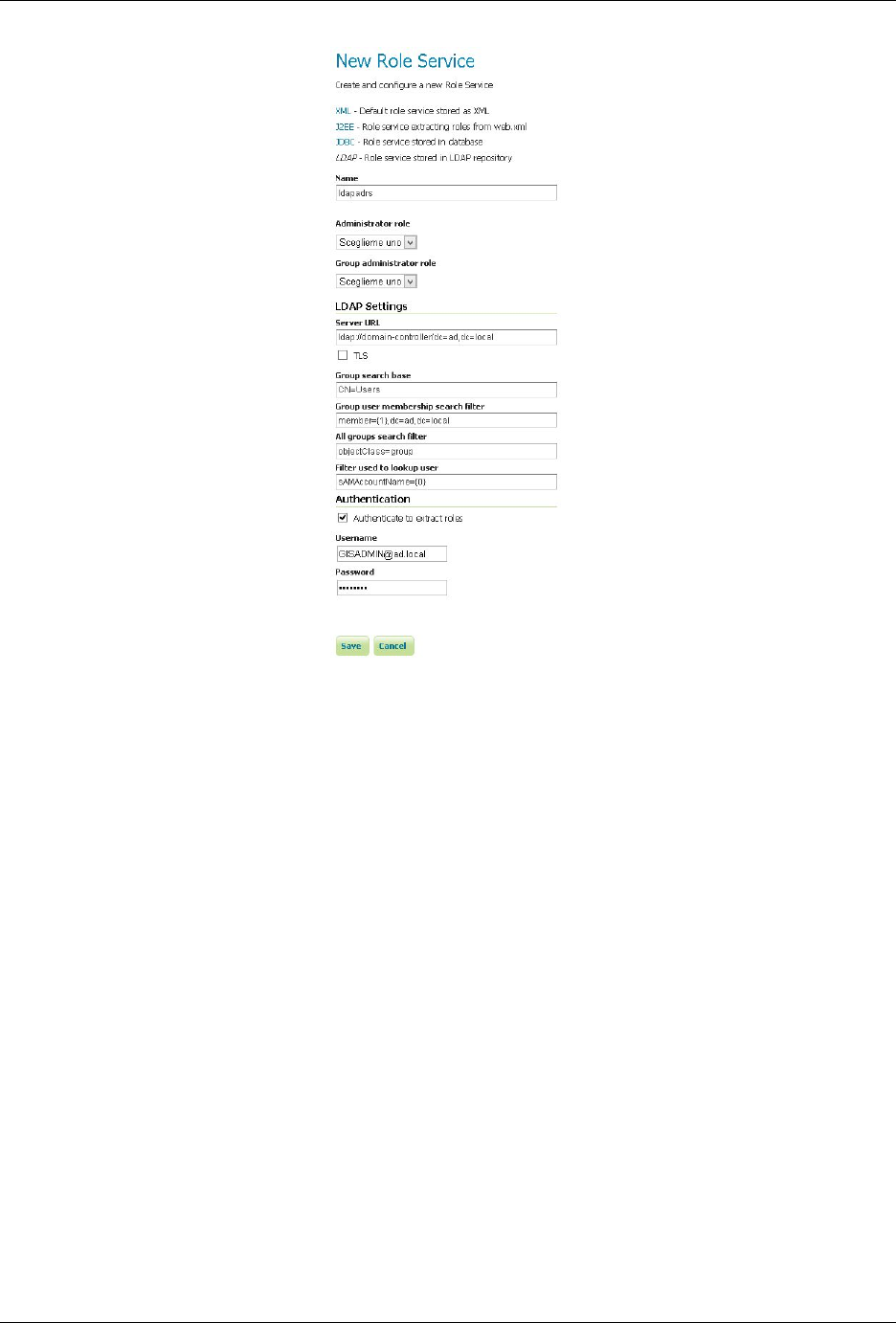
GeoServer User Manual, Release 2.15.1
2. Enter GISADMIN@ad.local in the Username text field.
3. Enter secret in the Password text field.
4. Save.
5. Click the ldapadrs role service item under the Role Services section.
6. Select ROLE_DOMAIN ADMINS from the Administrator role combobox.
7. Select ROLE_DOMAIN ADMINS from the Group administrator role combobox.
8. Save again.
You should now be able to see and assign the new ActiveDirectory roles wherever an Available Roles
list is shown (for example in the Data and Services rules sections.
13.10.3 Configuring Digest Authentication
Introduction
Out of the box GeoServer REST and OGC services support authentication via HTTP Basic authentication.
One of the major downsides of basic auth is that it sends user passwords in plain text. HTTP Digest au-
thentication offers a more secure alternative that applies a cryptographic hash function to passwords before
sending them over the network.
This tutorial walks through the process of setting up digest authentication.
1464 Chapter 13. Security
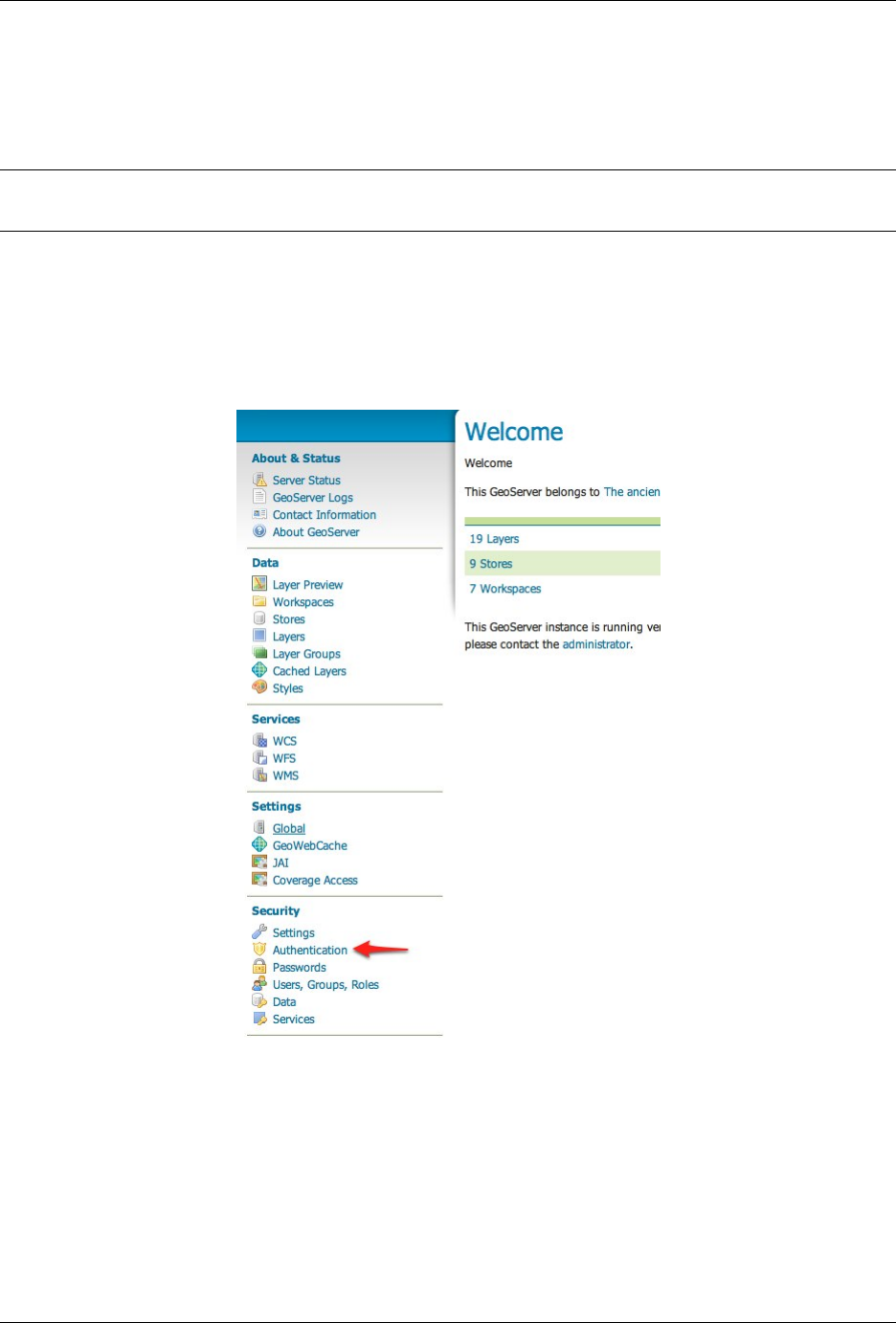
GeoServer User Manual, Release 2.15.1
Prerequisites
This tutorial uses the curl utility to issue HTTP request that test authentication. Install curl before proceed-
ing.
Note: Any utility that supports both basic and digest authentication can be used in place of curl. Most
modern web browsers support both types of authentication.
Configure the Digest authentication filter
1. Start GeoServer and login to the web admin interface as the admin user.
2. Click the Authentication link located under the Security section of the navigation sidebar.
3. Scroll down to the Authentication Filters panel and click the Add new link.
4. Click the Digest link.
5. Fill in the fields of the settings form as follows:
• Set Name to “digest”
13.10. Tutorials 1465
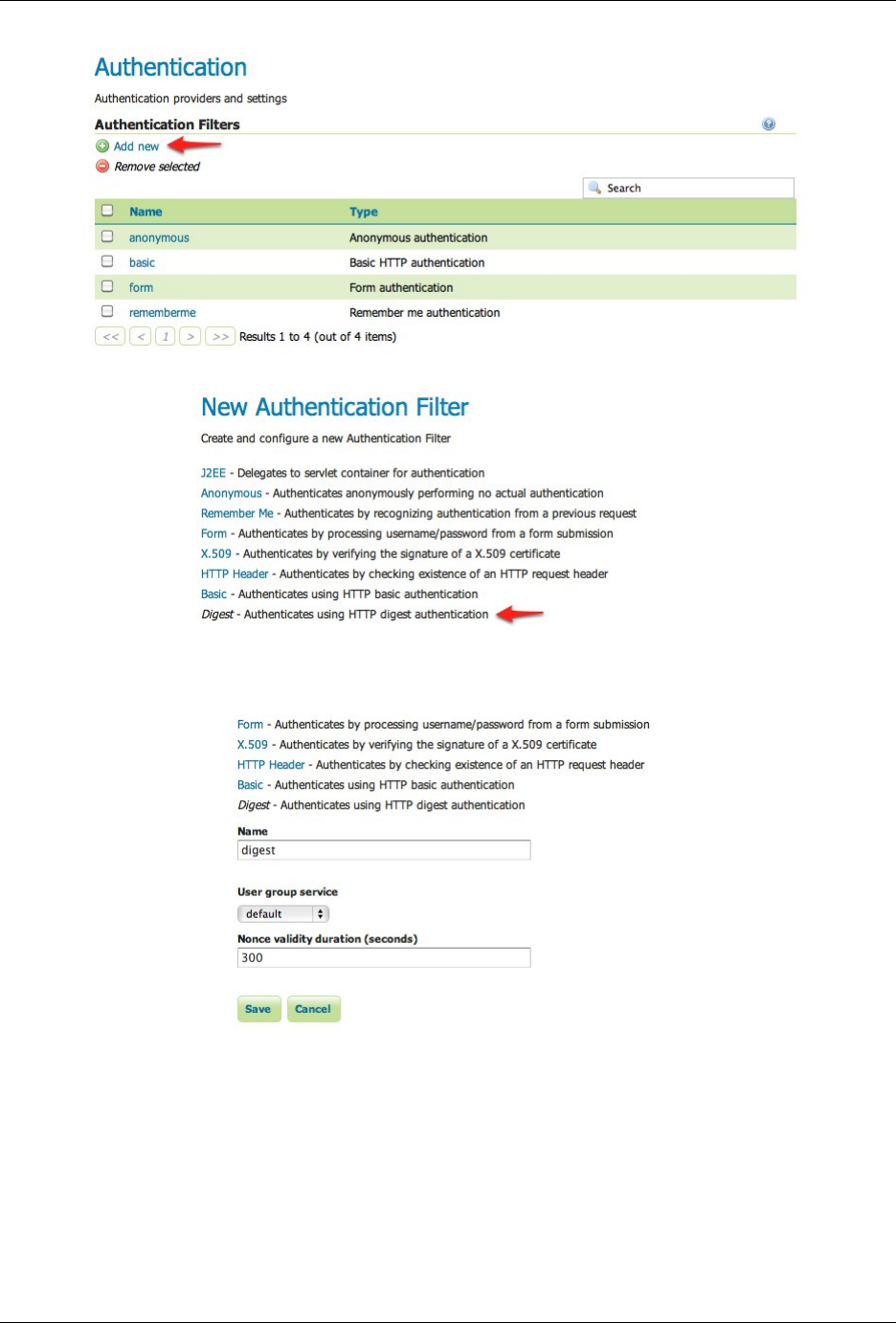
GeoServer User Manual, Release 2.15.1
• Set User group service to “default”
6. Save.
7. Back on the authentication page scroll down to the Filter Chains panel.
8. Select “Default” from the Request type drop down.
9. Unselect the basic filter and select the digest filter. Position the the digest filter before the
anonymous filter.
10. Save.
1466 Chapter 13. Security
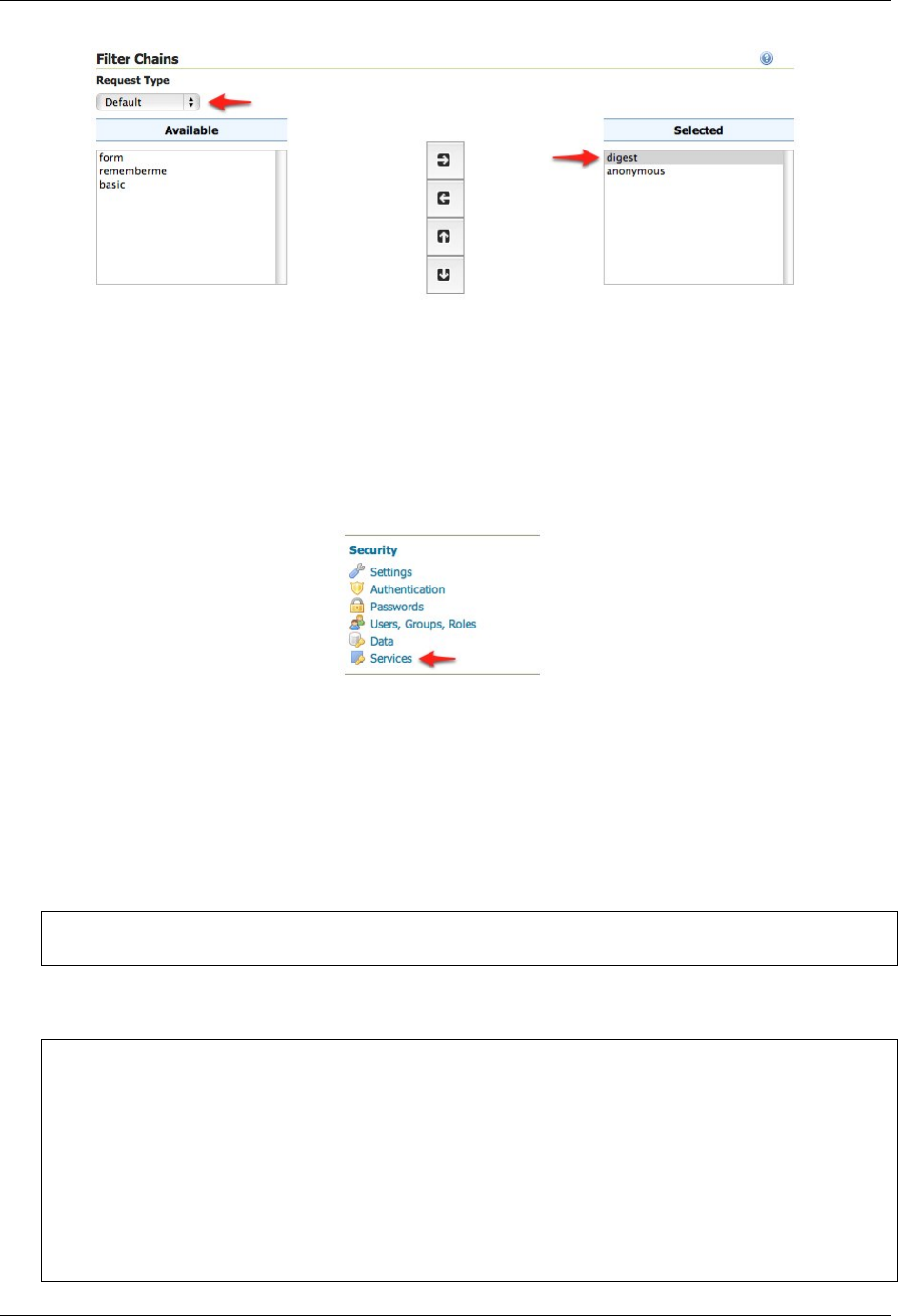
GeoServer User Manual, Release 2.15.1
Secure OGC service requests
In order to test the authentication settings configured in the previous section a service or resource must be
first secured. The Default filter chain is the chain applied to all OGC service requests so a service security
rule must be configured.
1. From the GeoServer home page and click the Services link located under the Security section of
the navigation sidebar.
2. On the Service security page click the Add new rule link and add a catch all rule that secures all
OGC service requests requiring the ROLE_ADMINISTRATOR role.
3. Save.
Test a digest authentication login
1. Ensure that basic authentication is disabled execute the following curl command:
curl -v-u admin:geoserver -G"http://localhost:8080/geoserve/wfs?
,→request=getcapabilities"
The result should be a 401 response signaling that authentication is required. The output should look
something like the following:
*About to connect() to localhost port 8080 (#0)
*Trying 127.0.0.1... connected
*Connected to localhost (127.0.0.1) port 8080 (#0)
*Server auth using Basic with user 'admin'
> GET /geoserver/wfs?request=getcapabilities HTTP/1.1
> Authorization: Basic YWRtaW46Z2Vvc2VydmVy
> User-Agent: curl/7.19.7 (universal-apple-darwin10.0) libcurl/7.19.7 OpenSSL/0.9.
,→8r zlib/1.2.3
> Host: localhost:8080
> Accept: */*
>
13.10. Tutorials 1467
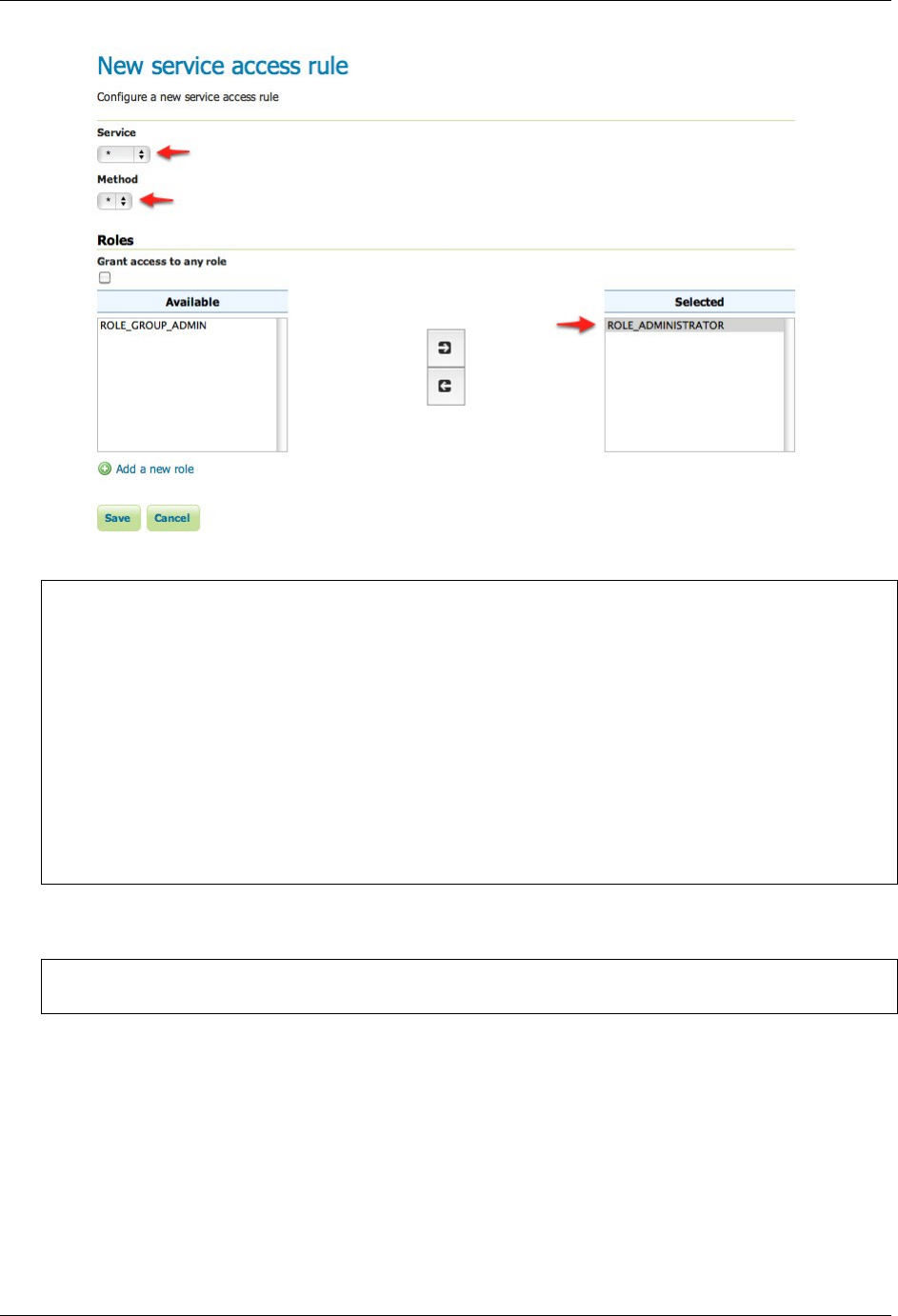
GeoServer User Manual, Release 2.15.1
< HTTP/1.1 401 Full authentication is required to access this resource
< Set-Cookie: JSESSIONID=1dn2bi8qqu5qc;Path=/geoserver
< WWW-Authenticate: Digest realm="GeoServer Realm", qop="auth", nonce=
,→"MTMzMzQzMDkxMTU3MjphZGIwMWE4MTc1NmRiMzI3YmFiODhmY2NmZGQ2MzEwZg=="
< Content-Type: text/html; charset=iso-8859-1
< Content-Length: 1491
< Server: Jetty(6.1.8)
<
<html>
<head>
<meta http-equiv="Content-Type" content="text/html; charset=ISO-8859-1"/>
<title>Error 401 Full authentication is required to access this resource</title>
</head>
...
2. Execute the same command but specify the --digest option to tell curl to use digest authentication
rather than basic authentication:
curl --digest -v-u admin:geoserver -G"http://localhost:8080/geoserve/wfs?
,→request=getcapabilities"
The result should be a successful authentication and contain the normal WFS capabilities response.
13.10.4 Configuring X.509 Certificate Authentication
Certificate authentication involves the usage of public/private keys to identify oneself. This represents a
much more secure alternative to basic user name and password schemes.
X.509 is a well defined standard for the format of public key certificates. This tutorial walks through the
process of setting up X.509 certificate authentication.
1468 Chapter 13. Security
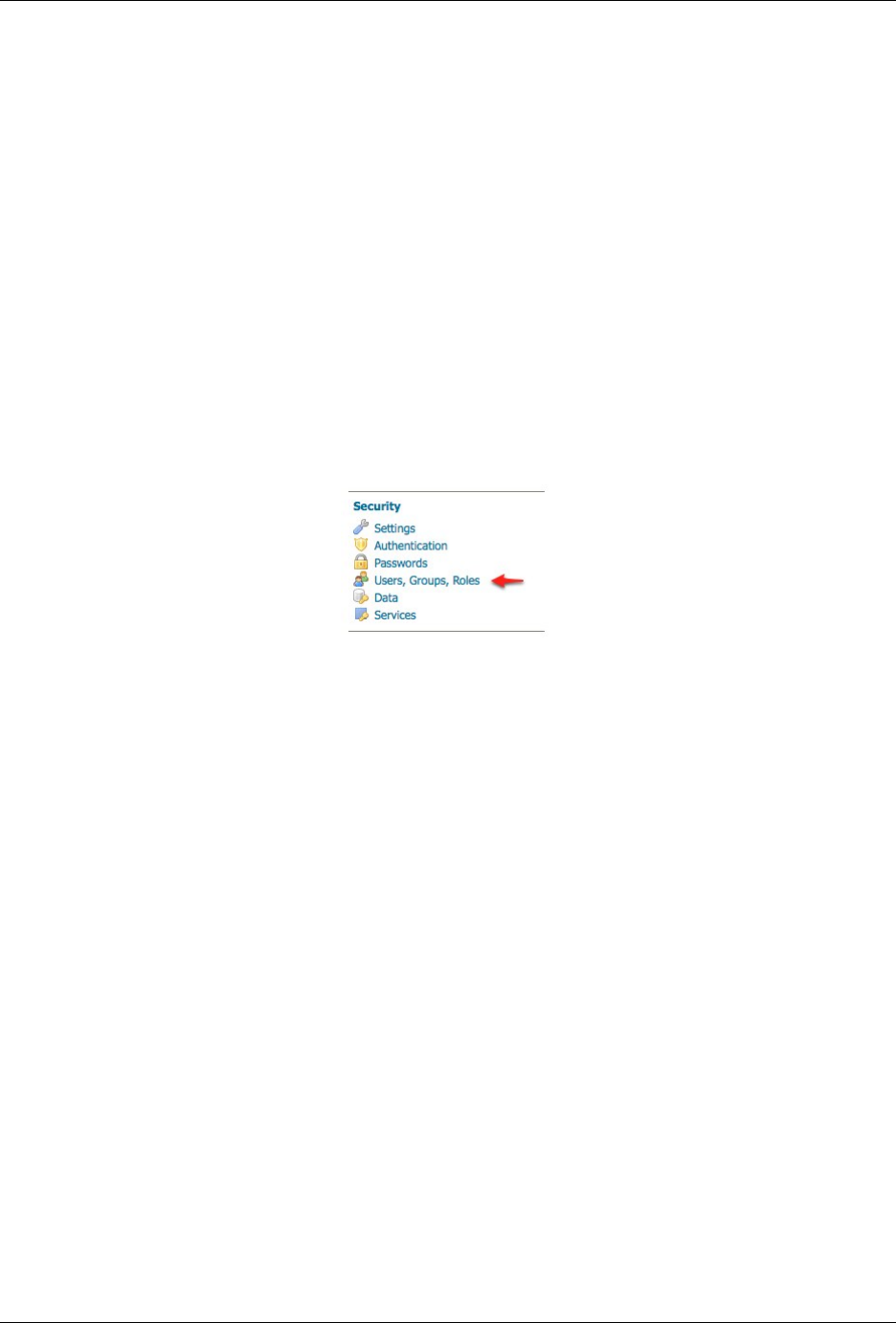
GeoServer User Manual, Release 2.15.1
Prerequisites
This tutorial assumes the following:
• A web browser that supports the usage of client certificates for authentication, also referred to as
“two-way SSL”. This tutorial uses Firefox.
• An SSL-capable servlet container. This tutorial uses Tomcat.
• GeoServer is deployed in Tomcat.
Configure the user/group service
Users authenticated via a X.509 certificate must be configured in GeoServer. For this a new user/group
service will be added.
1. Login to the web admin interface as the admin user.
2. Click the Users, Groups, and Roles link located under the Security section of the navigation
sidebar.
3. Scroll down to the User Group Services panel and click the Add new link.
4. Create a new user/group service named cert-ugs and fill out the settings form as follows:
• Set Password encryption to Empty since users will not authenticate via password.
• Set Password policy to default.
5. Click Save.
6. Back on the Users, Groups, and Roles page, click the cert-ugs link.
7. Select the Users tab and click the Add new user link.
8. Add a new user named rod the and assign the ADMIN role.
9. Click Save.
10. Click the Authentication link located under the Security section of the navigation sidebar.
11. Scroll down to the Authentication Filters panel and click the Add new link.
12. Click the X.509 link and fill out form as follows:
• Set Name to “cert”
• Set Role source to User group service and set the associated drop-down to cert-ugs
13. Click Save.
14. Back on the authentication page, scroll down to the Filter Chains panel.
13.10. Tutorials 1469
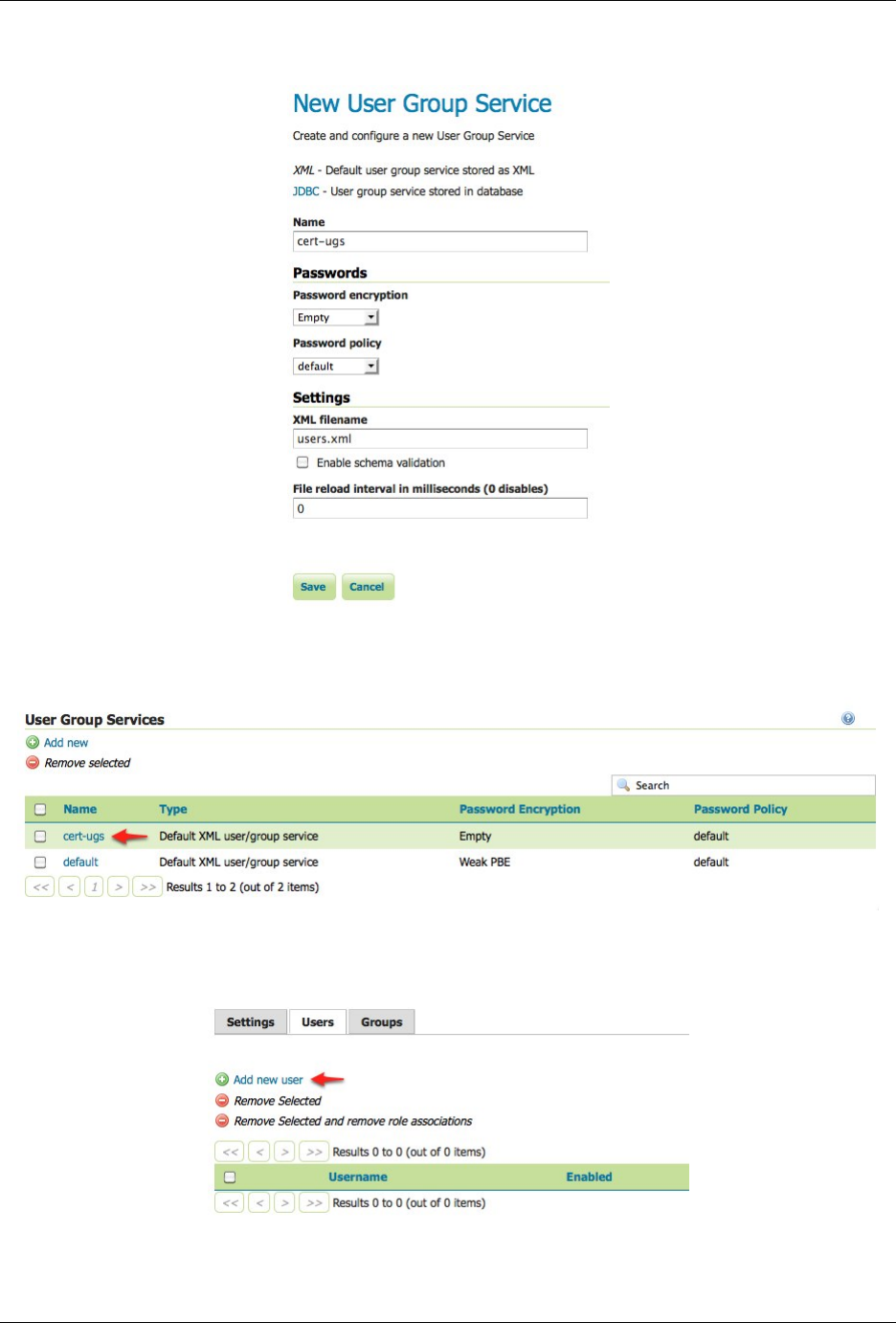
GeoServer User Manual, Release 2.15.1
1470 Chapter 13. Security
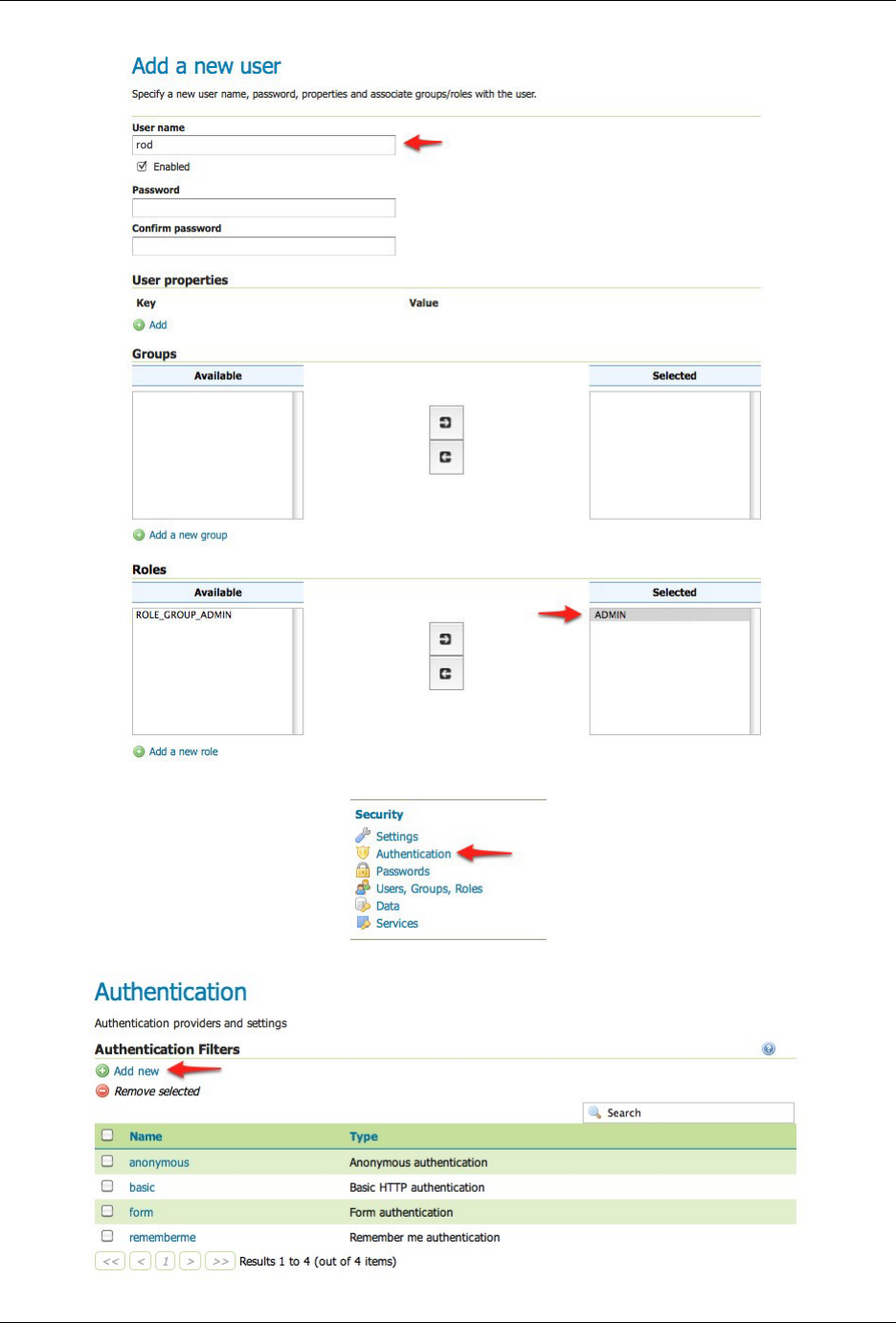
GeoServer User Manual, Release 2.15.1
13.10. Tutorials 1471
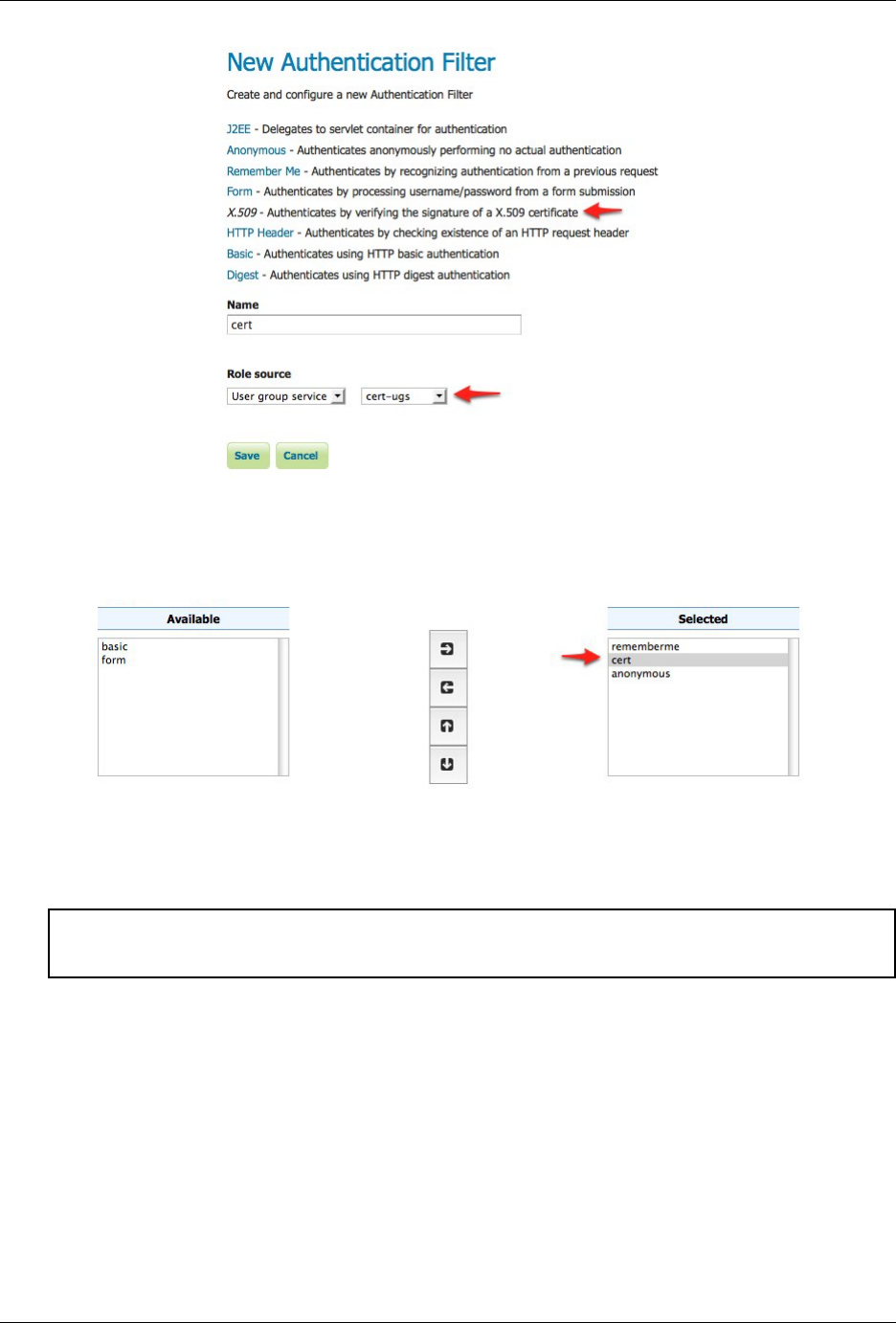
GeoServer User Manual, Release 2.15.1
15. Click web in the Name column.
16. Select the cert filter and position it after the rememberme filter.
17. Click Close.
18. You will be returned to the previous page. Click Save.
Warning: This last change requires both Close and then Save to be clicked. You may wish to return
to the web dialog to verify that the change was made.
Download sample certificate files
Rather than demonstrate how to create or obtain valid certificates, which is beyond the scope of this tutorial,
sample files available as part of the spring security sample applications will be used.
Download and unpack the sample certificate files. This archive contains the following files:
•ca.pem is the certificate authority (CA) certificate issued by the “Spring Security Test CA” certificate
authority. This file is used to sign the server and client certificates.
•server.jks is the Java keystore containing the server certificate and private key used by Tomcat
and presented to the user during the setup of the SSL connection.
1472 Chapter 13. Security
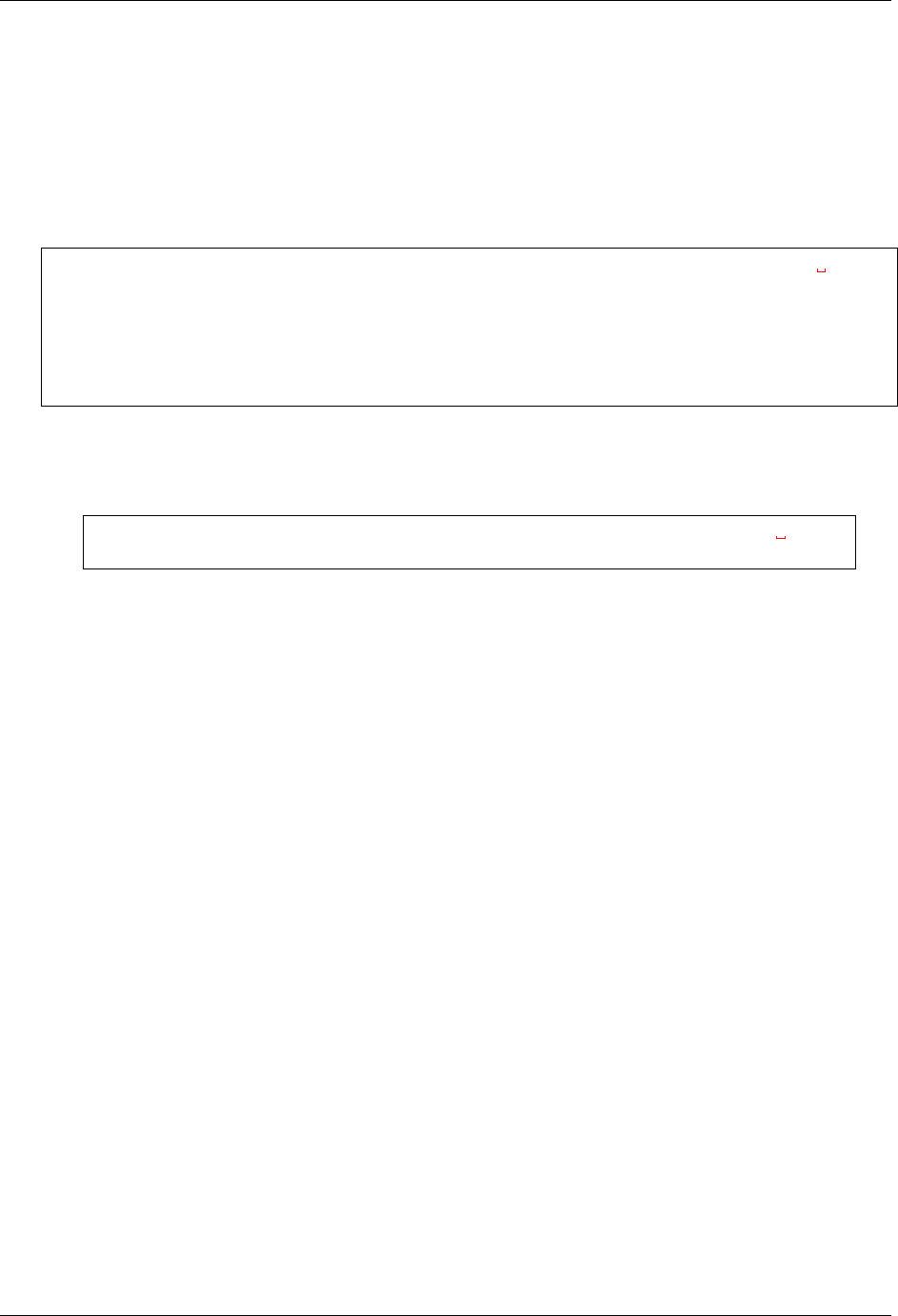
GeoServer User Manual, Release 2.15.1
•rod.p12 contains the client certificate / key combination used to perform client authentication via
the web browser.
Configure Tomcat for SSL
1. Copy the server.jks file into the conf directory under the root of the Tomcat installation.
2. Edit the Tomcat conf/server.xml and add an SSL connector:
<Connector port="8443" protocol="HTTP/1.1" SSLEnabled="true" scheme="https"
,→secure="true"
clientAuth="true" sslProtocol="TLS"
keystoreFile="${catalina.home}/conf/server.jks"
keystoreType="JKS" keystorePass="password"
truststoreFile="${catalina.home}/conf/server.jks"
truststoreType="JKS" truststorePass="password" />
This enables SSL on port 8443.
3. By default, Tomcat has APR enabled. To disable it so the above configuration can work, remove or
comment out the following line in the server.xml configration file
<Listener className="org.apache.catalina.core.AprLifecycleListener"
,→SSLEngine="on" />
4. Restart Tomcat.
Install the client certificate
1. In Firefox, select Preferences (or Tools →Options) and navigate to the Advanced panel.
2. Select the Encryption tab (or the Certificates tab, depending on your version) and click the View Certifi-
cates button.
3. On the Your Certificates panel click the Import button and select the rod.p12 file.
4. When prompted enter in the password password.
5. Click OK and close the Firefox Preferences.
Test certificate login
1. Navigate to the GeoServer admin on port “8443” using HTTPS: https://localhost:8443/geoserver/
web
2. You will be prompted for a certificate. Select the rod certificate for identification.
3. When warned about the self-signed server certificate, click Add Excception to add a security exception.
The result is that the user rod is now logged into the GeoServer admin interface.
13.10. Tutorials 1473
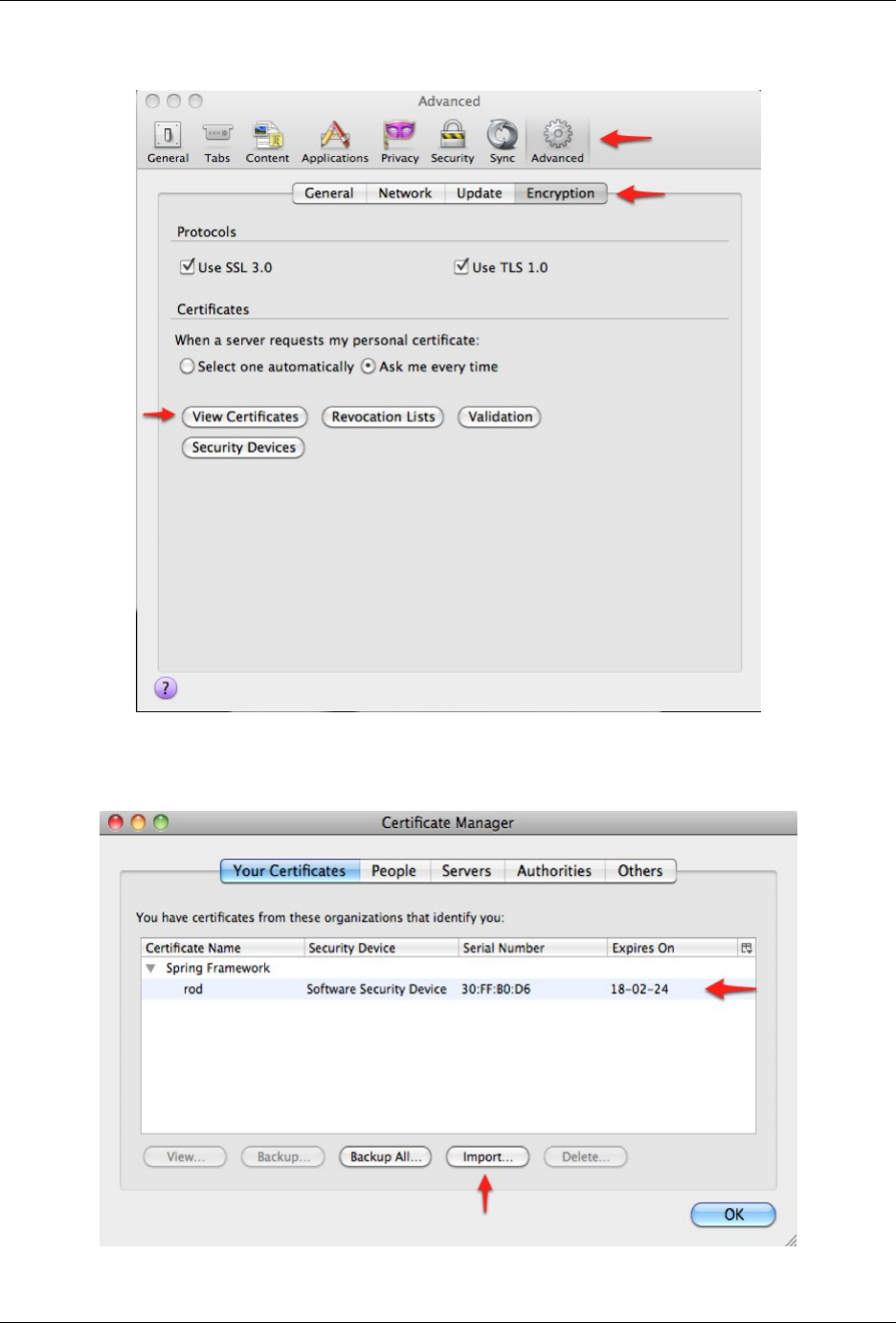
GeoServer User Manual, Release 2.15.1
1474 Chapter 13. Security
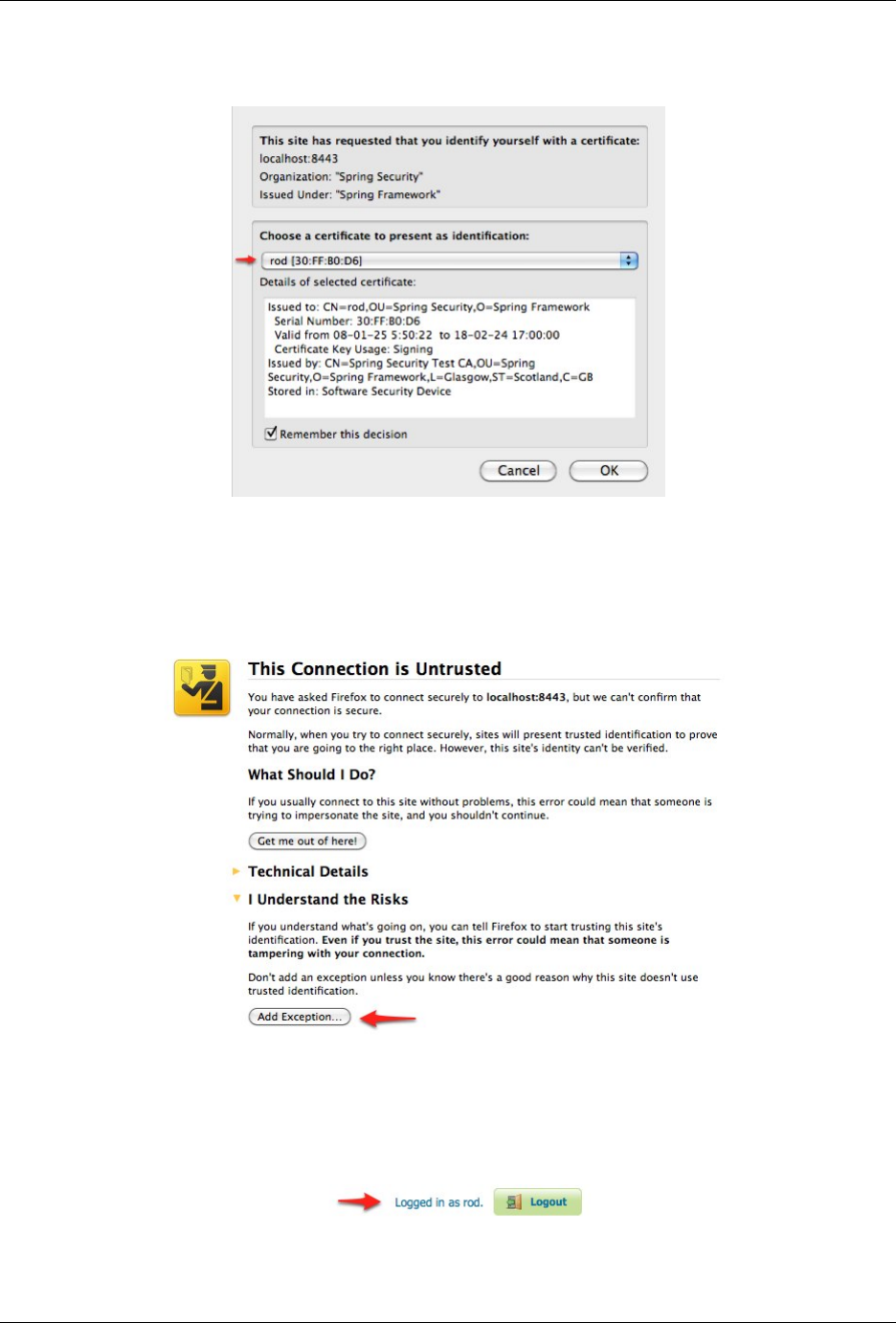
GeoServer User Manual, Release 2.15.1
13.10. Tutorials 1475
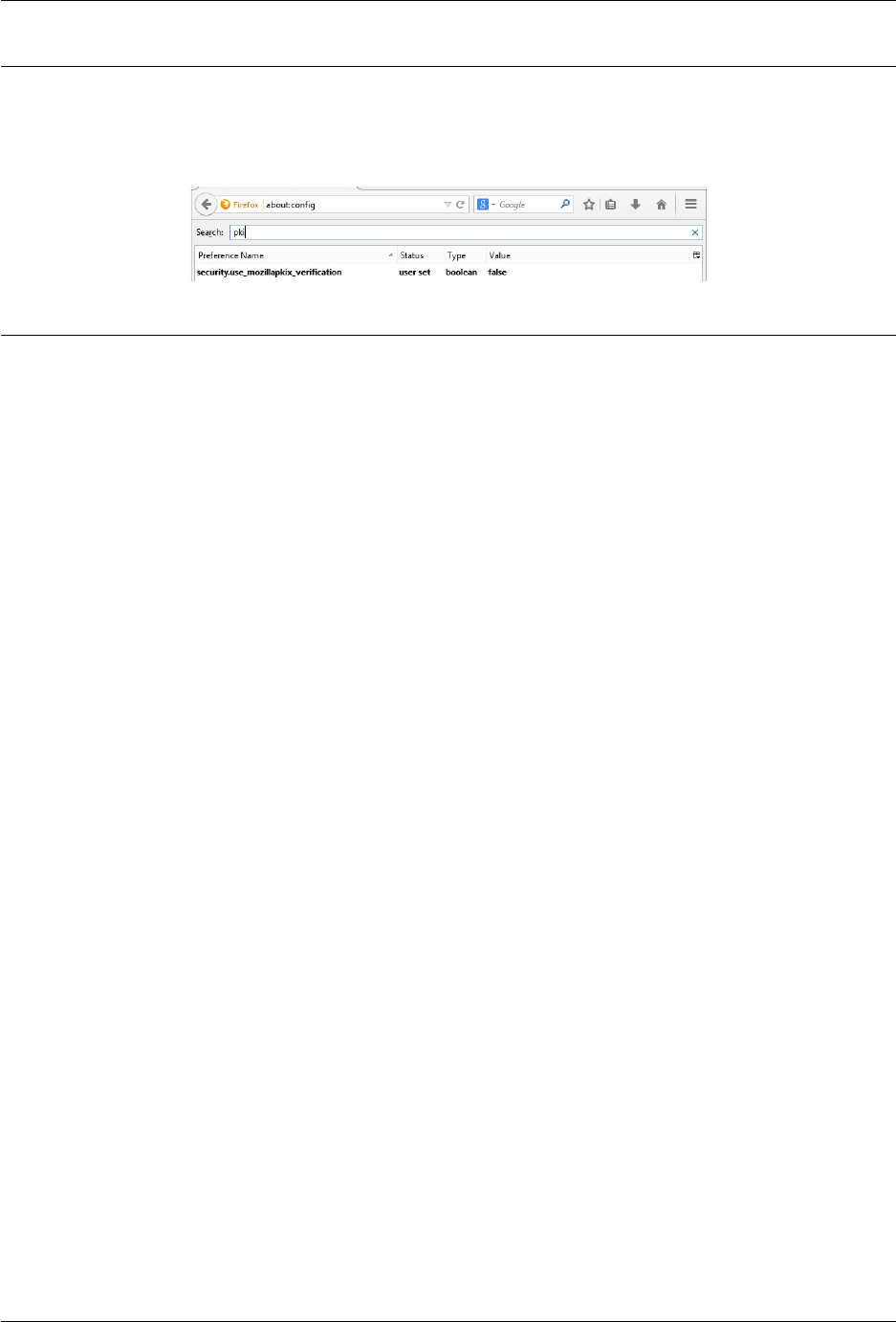
GeoServer User Manual, Release 2.15.1
Note: Starting with version 31, Firefox implements a new mechanism for using certificates, which will
cause a Issuer certificate is invalid error (sec_error_ca_cert_invalid) error when trying to use a self-signed repos-
itory such as the one proposed. To avoid that, you can disable this mechanism by browsing to about:config
and setting the security.use_mozillapkix_verification parameter to false.
13.10.5 Configuring J2EE Authentication
Servlet containers such as Tomcat and Jetty offer their own options for authentication. Often it is desirable
for an application such as GeoServer to use that existing authentication mechanisms rather than require its
own authentication configuration.
J2EE authentication allows GeoServer to delegate to the servlet container for authentication. This tutorial
walks through the process of setting up J2EE authentication.
Prerequisites
This tutorial requires a servlet container capable of doing its own authentication. This tutorial uses Tomcat.
Deploy GeoServer in tomcat before proceeding.
Configure the J2EE authentication filter
In order to delegate to the container for authentication a filter must first be configured to recognize the
container authentication.
1. Login to the GeoServer web admin interface as the admin user.
2. Click the Authentication link located under the Security section of the navigation sidebar.
3. Scroll down to the Authentication Filter panel and click the Add new link.
4. Create a new filter named “j2ee” and fill out the settings form as follows:
• Set the Role service to “default”
5. Save
6. Back on the authentication page scroll down to the Filter Chains panel.
7. Select “Web UI” from the Request type drop down.
8. Select the j2ee filter and position it after the anonymous filter.
9. Save.
1476 Chapter 13. Security
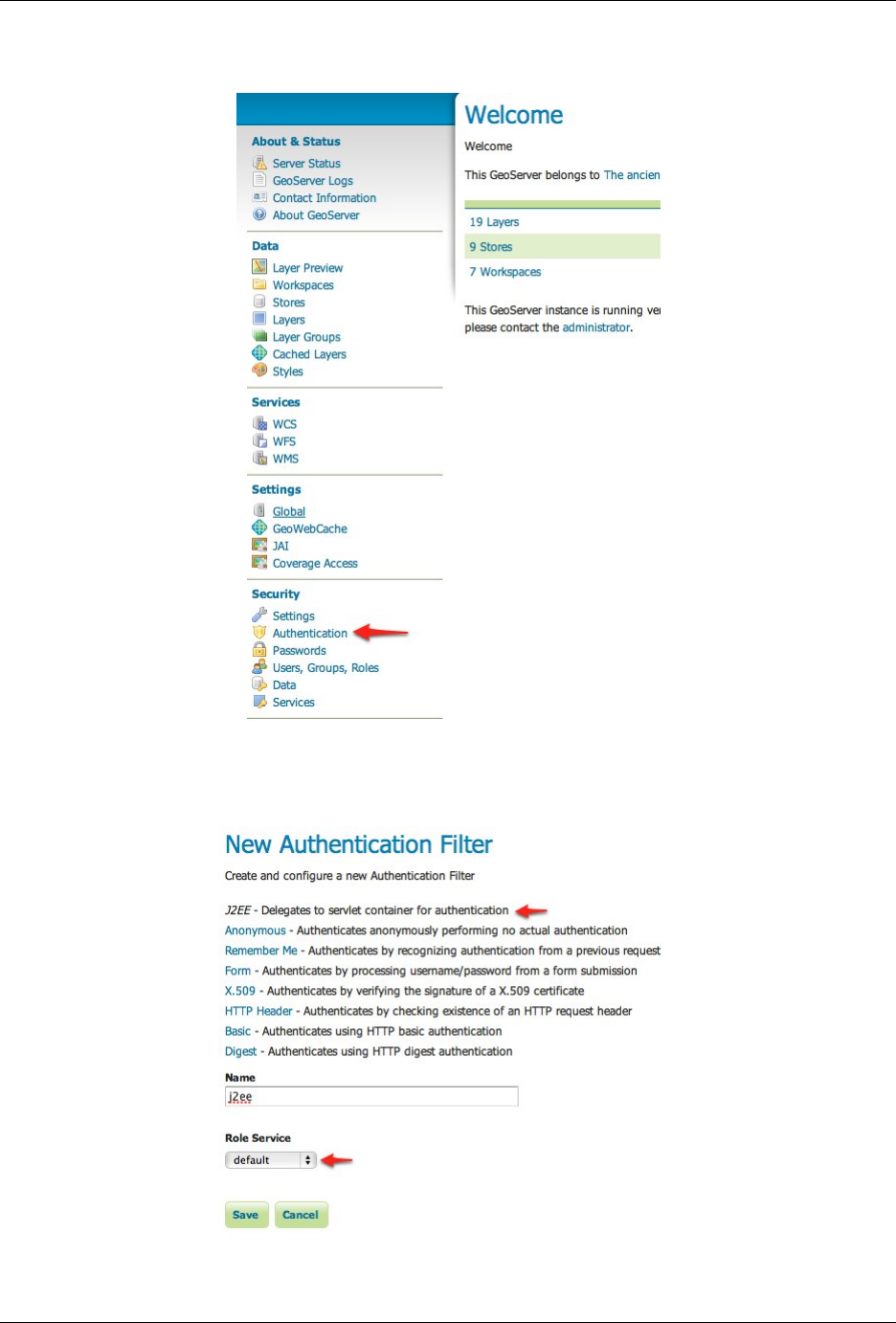
GeoServer User Manual, Release 2.15.1
13.10. Tutorials 1477
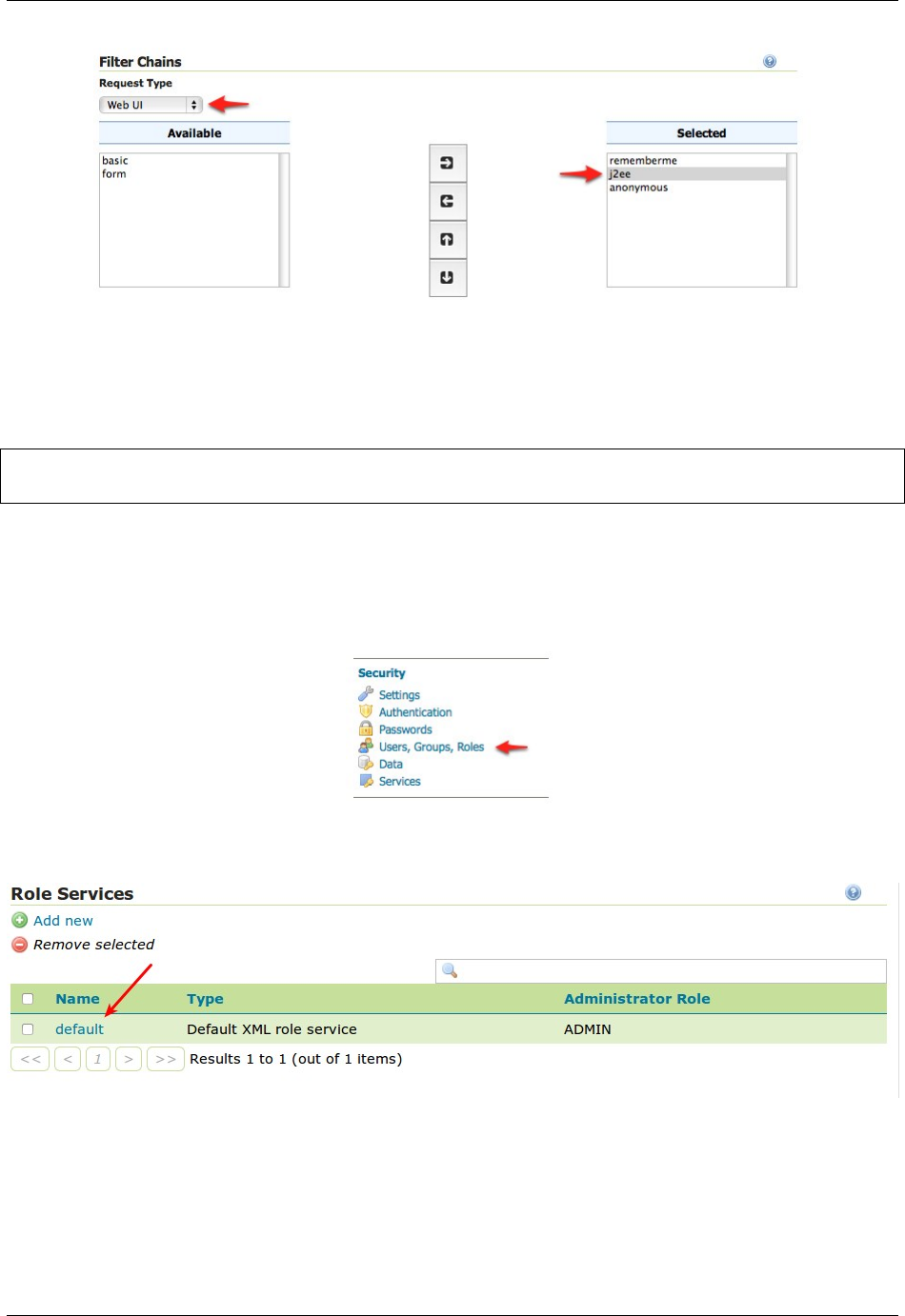
GeoServer User Manual, Release 2.15.1
Configure the role service
Since it is not possible to ask a J2EE container for the roles of a principal it is necessary to have all J2EE roles
enlisted in a role service. The only J2EE API GeoServer can use is:
class: javax.servlet.http.HttpServletRequest
method: boolean isUserInRole(String role)
The idea is to query all roles from the role service and test each role with the “isUserInRole” method.
This tutorial assumes a user named “admin” with password “password” and a J2EE role named “tomcat”.
1. Click the Users, Groups, and Roles link located under the Security section of the navigation
sidebar.
2. Click on default to work with the role service named “default”.
3. Click on the Roles tab.
4. Click on the Add new role link.
• Set the Name to “tomcat”
5. Save
1478 Chapter 13. Security
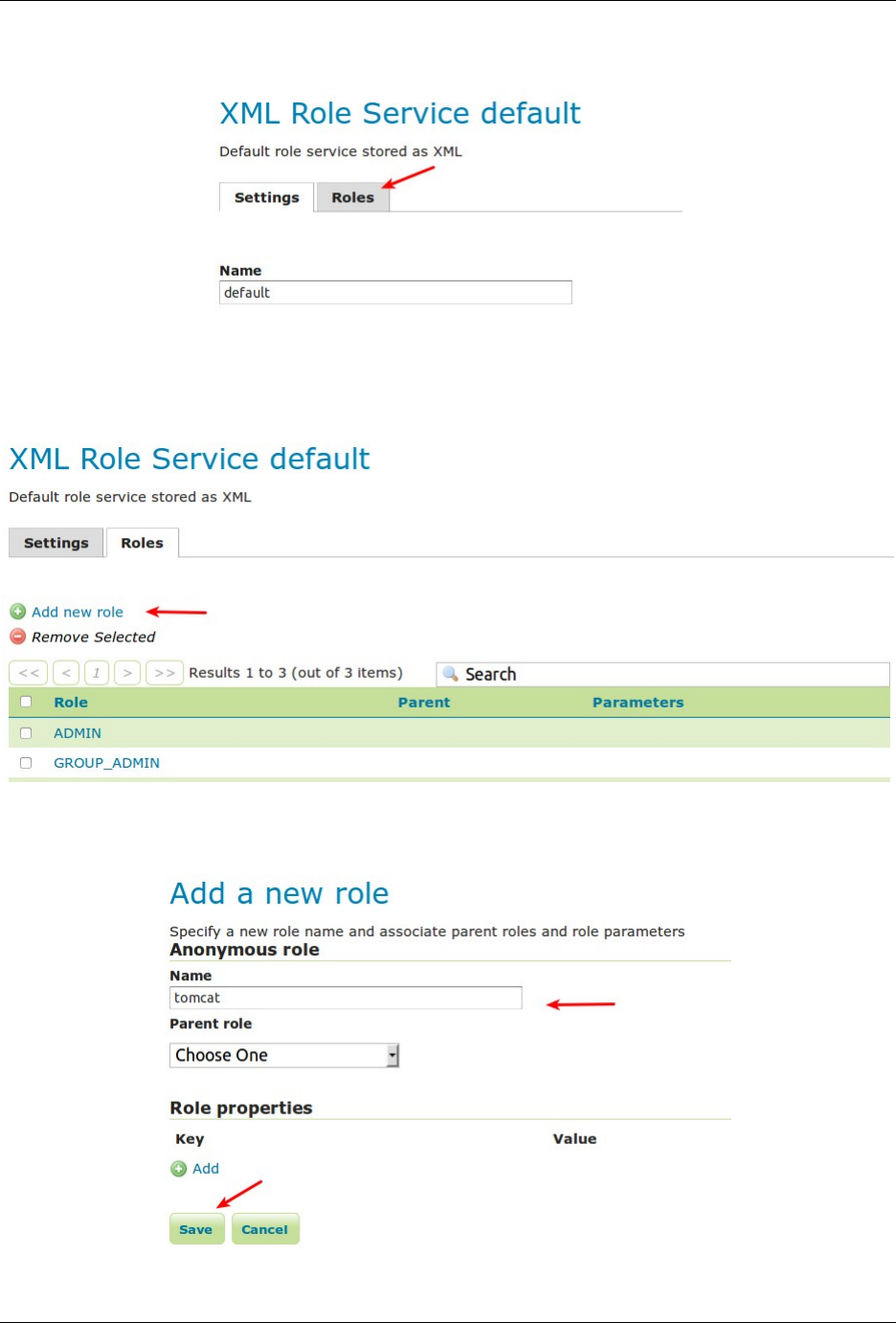
GeoServer User Manual, Release 2.15.1
13.10. Tutorials 1479
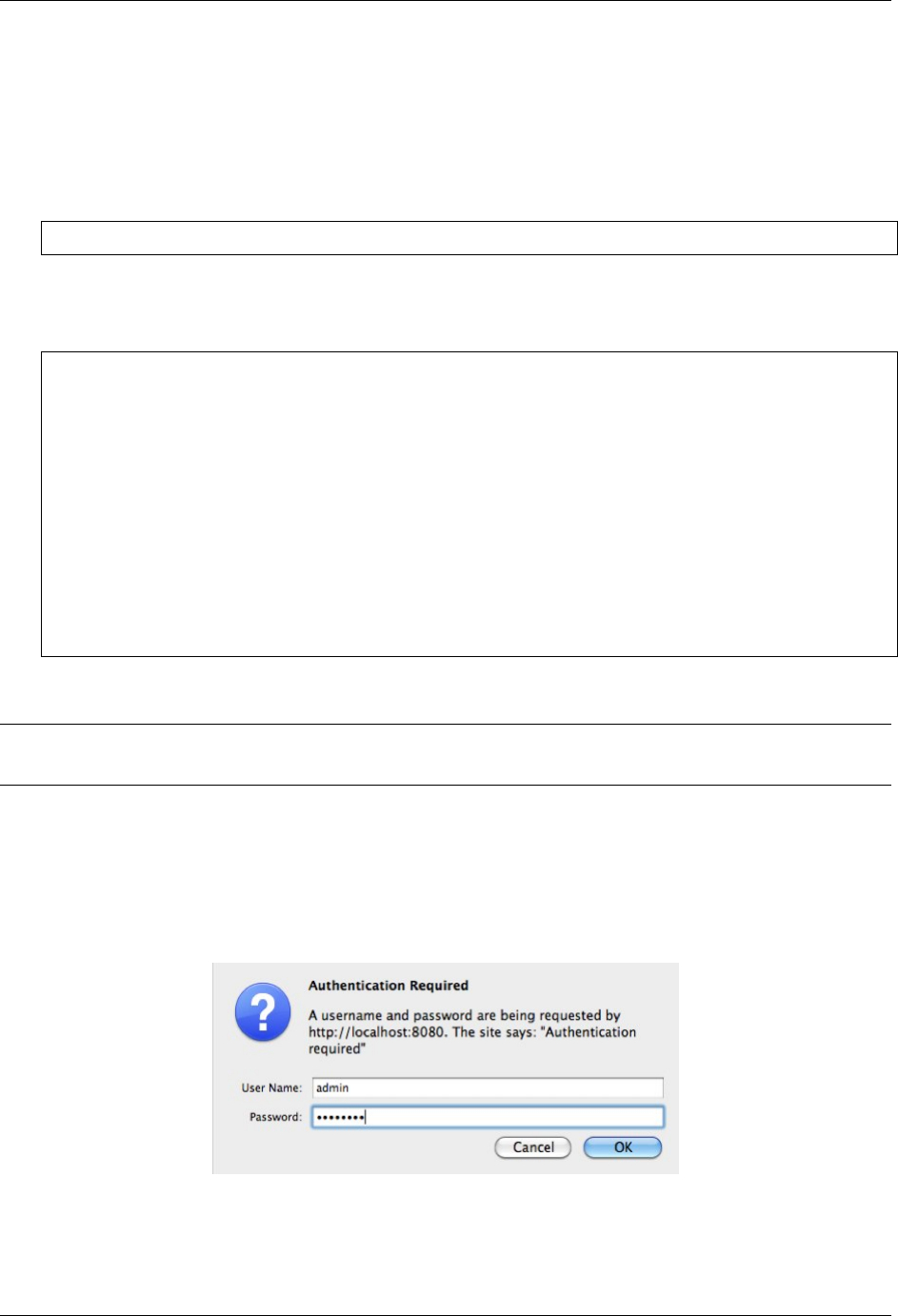
GeoServer User Manual, Release 2.15.1
Configure Tomcat for authentication
By default Tomcat does not require authentication for web applications. In this section Tomcat will be
configured to secure GeoServer requiring a basic authentication login.
1. Shut down Tomcat.
2. Edit the conf/tomcat-users.xml under the Tomcat root directory and add a user named “admin”:
<user username="admin" password="password" roles="tomcat"/>
3. Edit the GeoServer web.xml file located at webapps/geoserver/WEB-INF/web.xml under the
Tomcat root directory and add the following at the end of the file directly before the closing </
web-app> element:
<security-constraint>
<web-resource-collection>
<url-pattern>/*</url-pattern>
<http-method>GET</http-method>
<http-method>POST</http-method>
</web-resource-collection>
<auth-constraint>
<role-name>tomcat</role-name>
</auth-constraint>
</security-constraint>
<login-config>
<auth-method>BASIC</auth-method>
</login-config>
4. Save web.xml and restart Tomcat.
Note: It is necessary to add all the role names specified in the web.xml to the configured role service. This
is duplicate work but there is currently no other solution.
Test J2EE login
1. Navigate to the GeoServer web admin interface. The result should be a prompt to authenticate.
2. Enter in the username “admin” and password “password”
The result should be the admin user logged into the GeoServer web admin.
1480 Chapter 13. Security
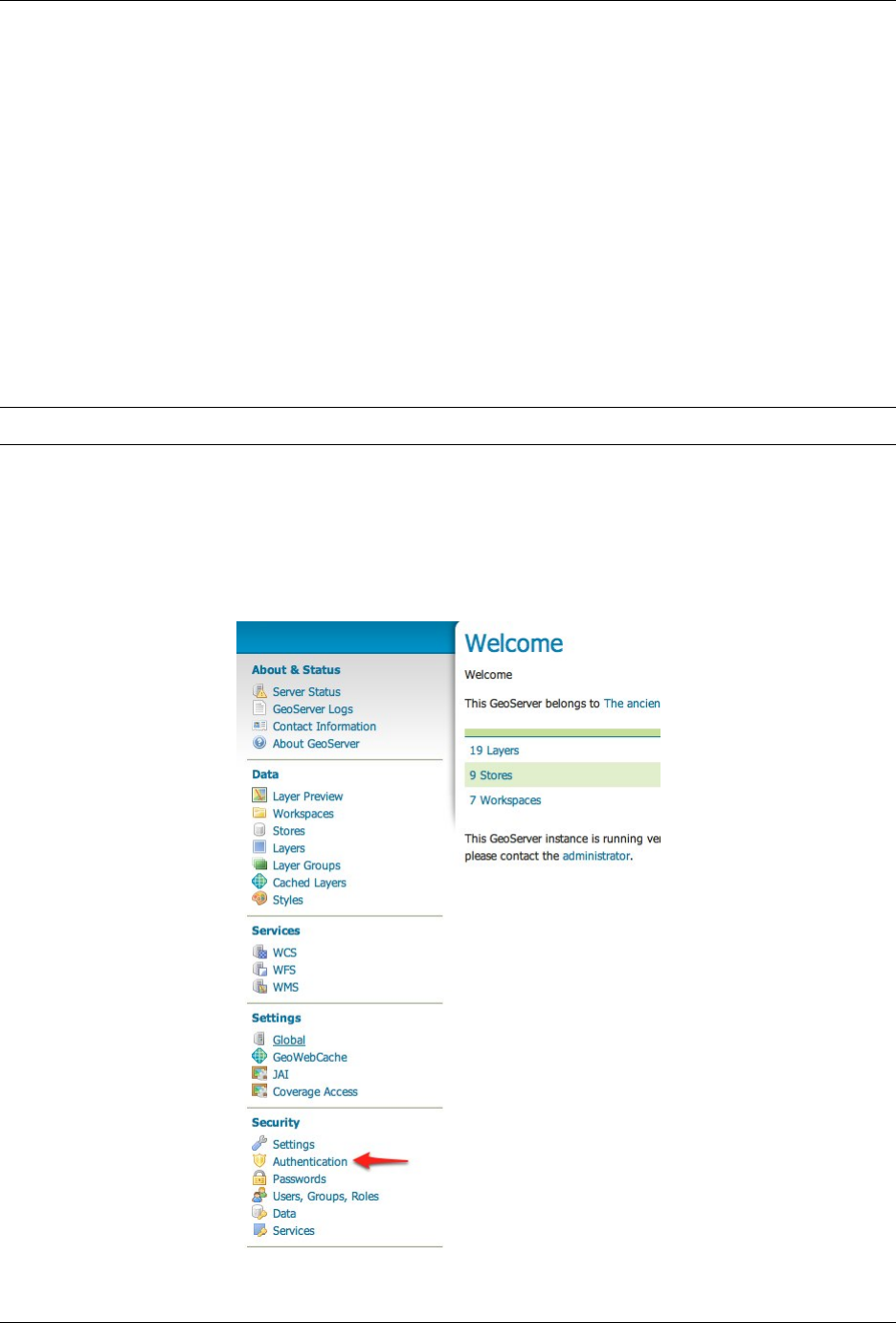
GeoServer User Manual, Release 2.15.1
13.10.6 Configuring HTTP Header Proxy Authentication
Introduction
Proxy authentication is used in multi-tier system. The user/principal authenticates at the proxy and the
proxy provides the authentication information to other services.
This tutorial shows how to configure GeoServer to accept authentication information passed by HTTP
header attribute(s). In this scenario GeoServer will do no actual authentication itself.
Prerequisites
This tutorial uses the curl utility to issue HTTP request that test authentication. Install curl before proceed-
ing.
Note: Any utility that supports setting HTTP header attributes can be used in place of curl.
Configure the HTTP header filter
1. Start GeoServer and login to the web admin interface as the admin user.
2. Click the Authentication link located under the Security section of the navigation sidebar.
13.10. Tutorials 1481
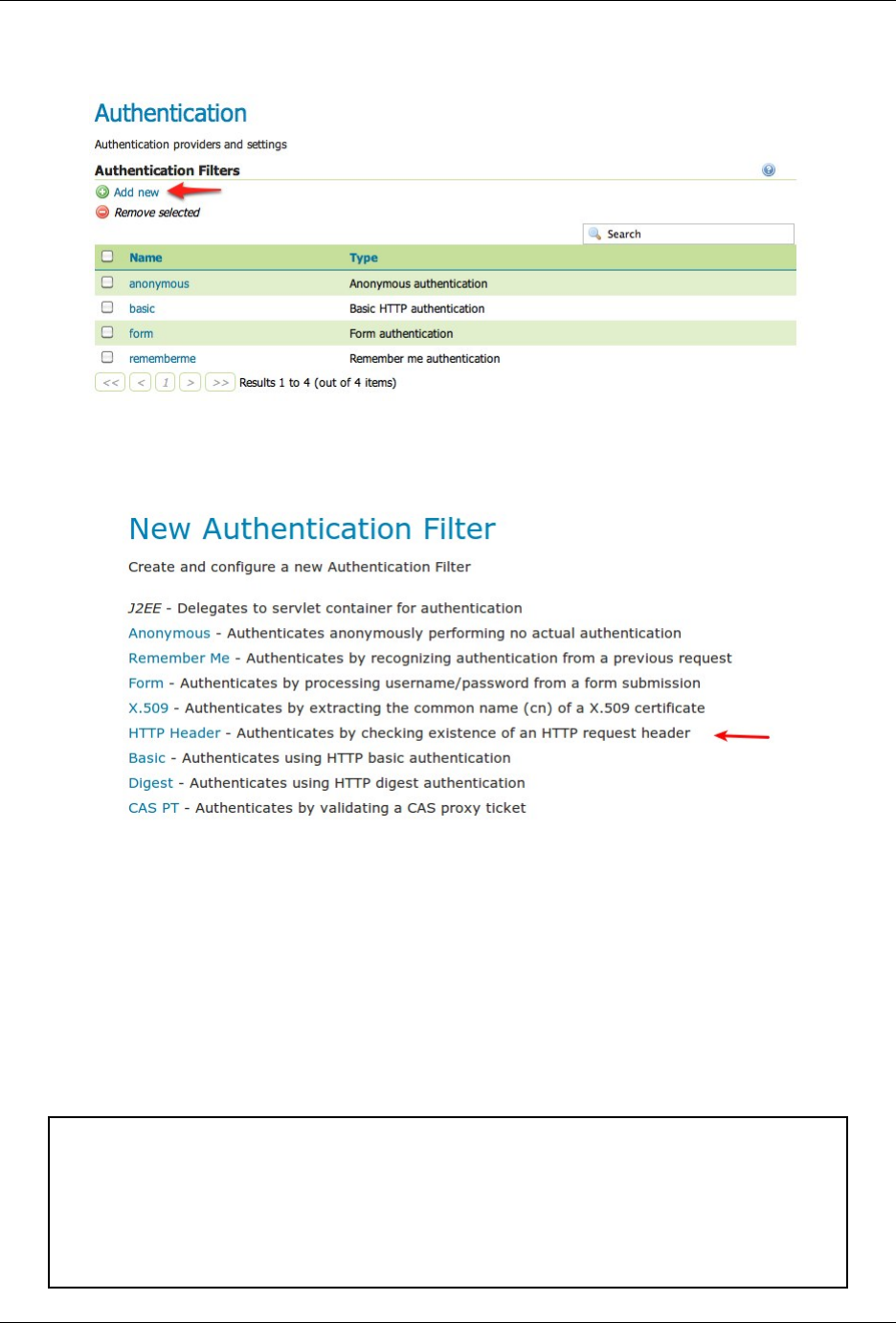
GeoServer User Manual, Release 2.15.1
3. Scroll down to the Authentication Filters panel and click the Add new link.
4. Click the HTTP Header link.
5. Fill in the fields of the settings form as follows:
• Set Name to “proxy”
• Set Request header attribute to to “sdf09rt2s”
• Set Role source to “User group service”
• Set the name of the user group service to “default”
Additional information about role services is here Role source and role calculation
Warning: The tutorial uses the obscure “sdf09rt2s” name for the header attribute. Why not
use “user” or “username” ?. In a proxy scenario a relationship of trust is needed between the
proxy and GeoServer. An attacker could easily send an HTTP request with an HTTP header
attribute “user” and value “admin” and operate as an administrator.
One possibility is to configure the network infrastructure preventing such requests from all
IP addresses except the IP of the proxy.
1482 Chapter 13. Security
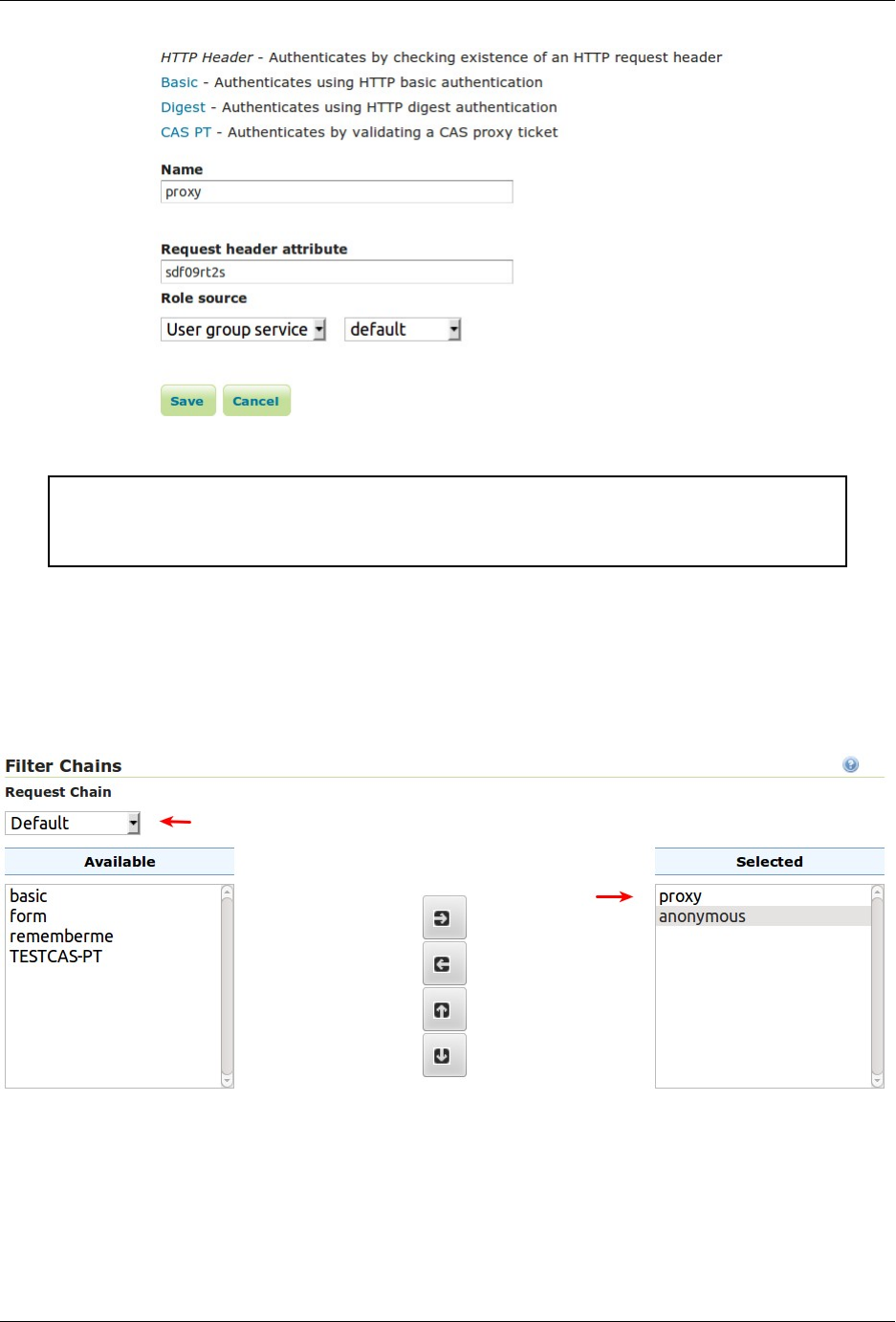
GeoServer User Manual, Release 2.15.1
This tutorial uses a obscure header attribute name which should be a shared secret between
the proxy and GeoServer. Additionally, the use of SSL is recommended, otherwise the shared
secret is transported in plain text.
1. Save.
2. Back on the authentication page scroll down to the Filter Chains panel.
3. Select “Default” from the Request type drop down.
4. Unselect the basic filter and select the proxy filter. Position the the proxy filter before the
anonymous filter.
5. Save.
Secure OGC service requests
In order to test the authentication settings configured in the previous section a service or resource must be
first secured. The Default filter chain is the chain applied to all OGC service requests so a service security
13.10. Tutorials 1483
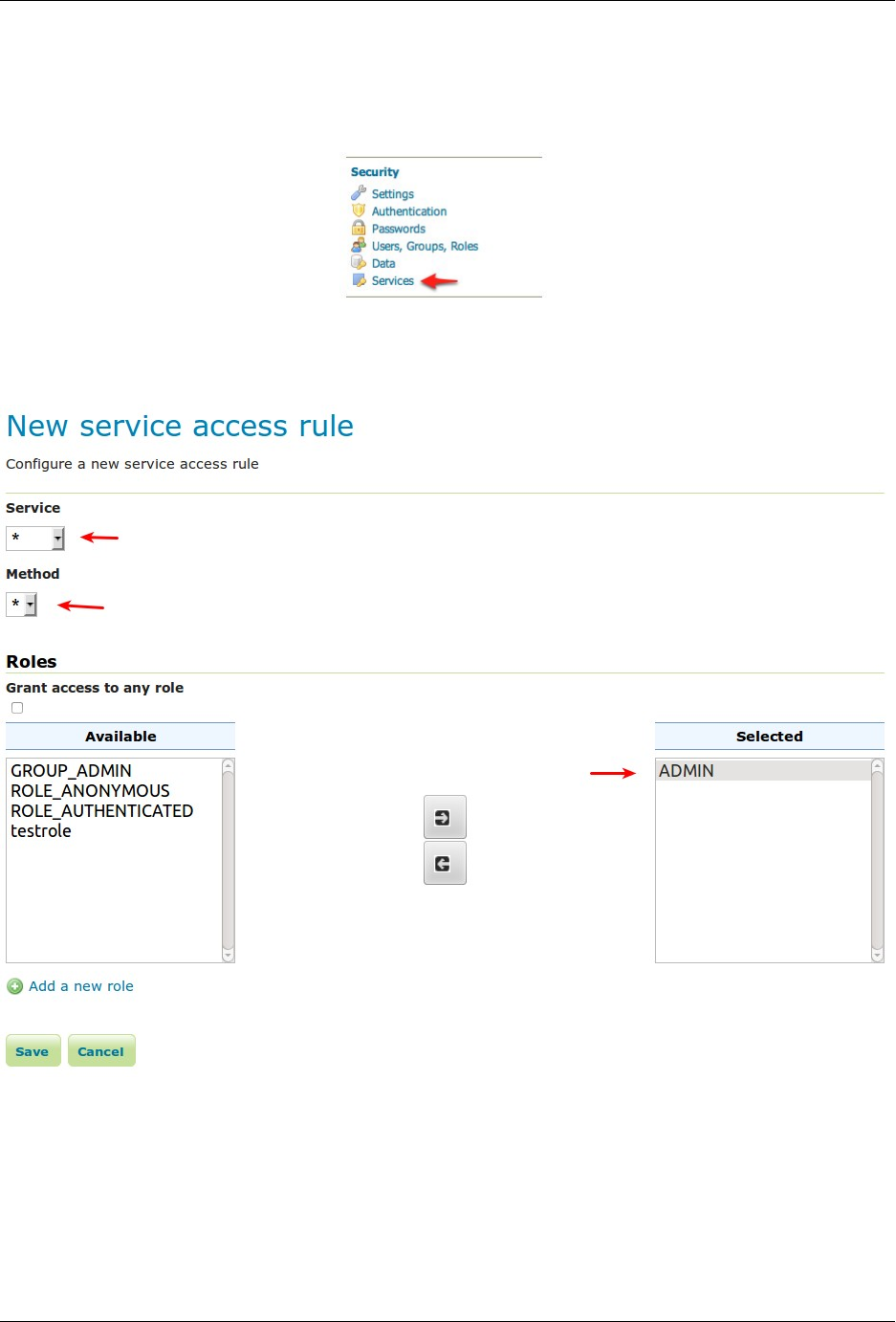
GeoServer User Manual, Release 2.15.1
rule must be configured.
1. From the GeoServer home page and click the Services link located under the Security section of
the navigation sidebar.
2. On the Service security page click the Add new rule link and add a catch all rule that secures all
OGC service requests requiring the ADMIN role.
3. Save.
Test a proxy login
1. Execute the following curl command:
1484 Chapter 13. Security
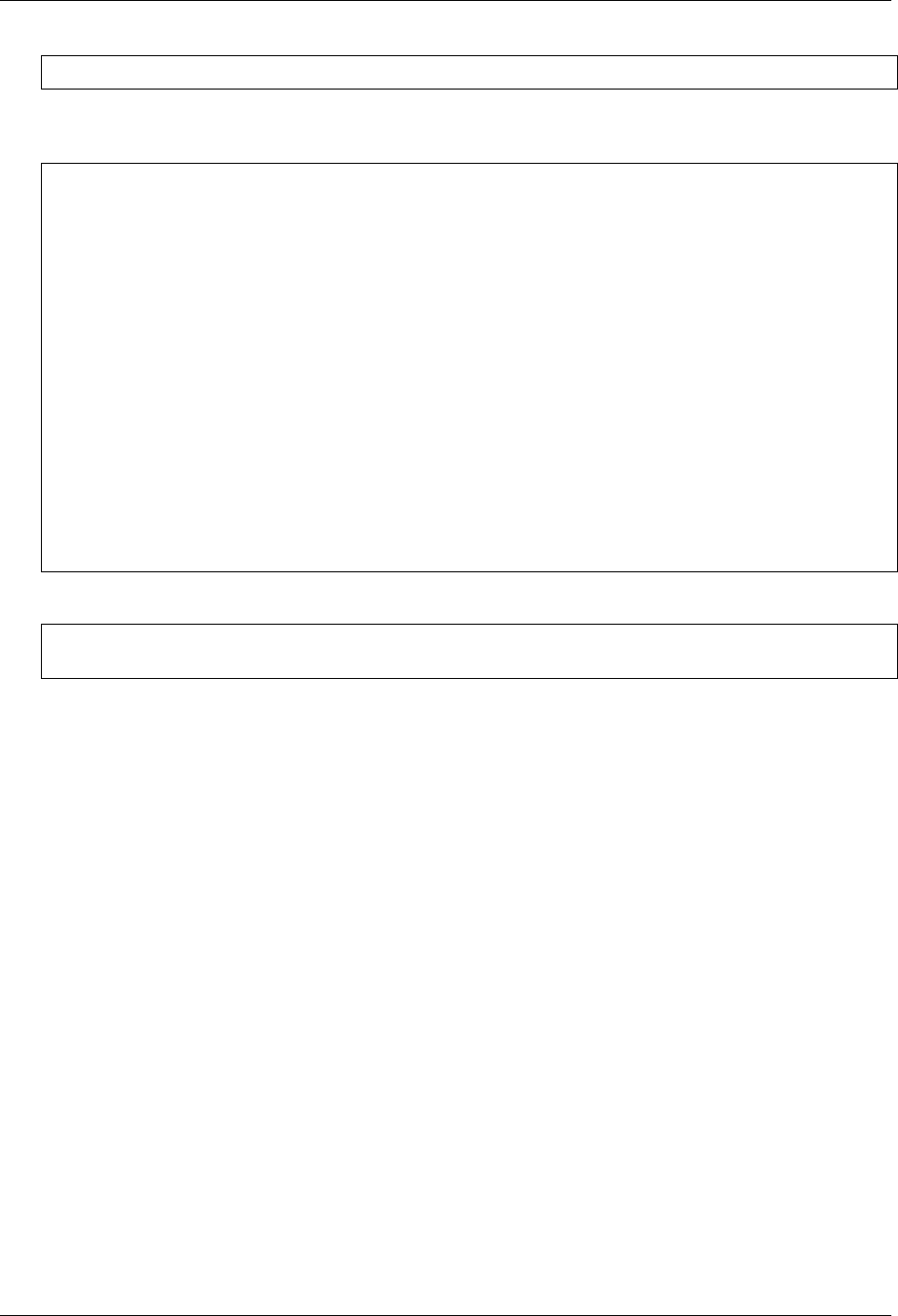
GeoServer User Manual, Release 2.15.1
curl -v-G"http://localhost:8080/geoserver/wfs?request=getcapabilities"
The result should be a 403 response signaling that access is denied. The output should look something
like the following:
*About to connect() to localhost port 8080 (#0)
*Trying ::1... connected
> GET /geoserver/wfs?request=getcapabilities HTTP/1.1
> User-Agent: curl/7.22.0 (x86_64-pc-linux-gnu) libcurl/7.22.0 OpenSSL/1.0.1 zlib/
,→1.2.3.4 libidn/1.23 librtmp/2.3
> Host: localhost:8080
> Accept: */*
>
< HTTP/1.1 403 Access Denied
< Content-Type: text/html; charset=iso-8859-1
< Content-Length: 1407
< Server: Jetty(6.1.8)
<
<html>
<head>
<meta http-equiv="Content-Type" content="text/html; charset=ISO-8859-1"/>
<title>Error 403 Access Denied</title>
</head>
...
2. Execute the same command but specify the --header option.:
curl -v--header "sdf09rt2s: admin" -G"http://localhost:8080/geoserver/wfs?
,→request=getcapabilities"
The result should be a successful authentication and contain the normal WFS capabilities response.
13.10.7 Configuring Apache HTTPD Session Integration
Introduction
When using Apache HTTPD as a proxy frontend for GeoServer, it is possible to share authentication with a
proper configuration of both.
This requires enabling Session for the GeoServer location in Apache HTTPD and adding a custom Request
Header with the session content, so that the GeoServer security system can receive user credentials and use
them to authenticate the user with its internal filters.
To properly parse the received credentials we need to use the Credentials From Request Headers Authentica-
tion Filter.
Please note that the header containing the password is not sent back and forth to the user browser, but only
from Apache HTTPD to GeoServer, so the password is not sent in clear through the public network.
This tutorial shows how to configure GeoServer to read user credentials from the Apache HTTPD Session
and use them for authentication purposes.
Prerequisites
This tutorial uses the curl utility to issue HTTP request that test authentication. Install curl before proceed-
ing.
13.10. Tutorials 1485
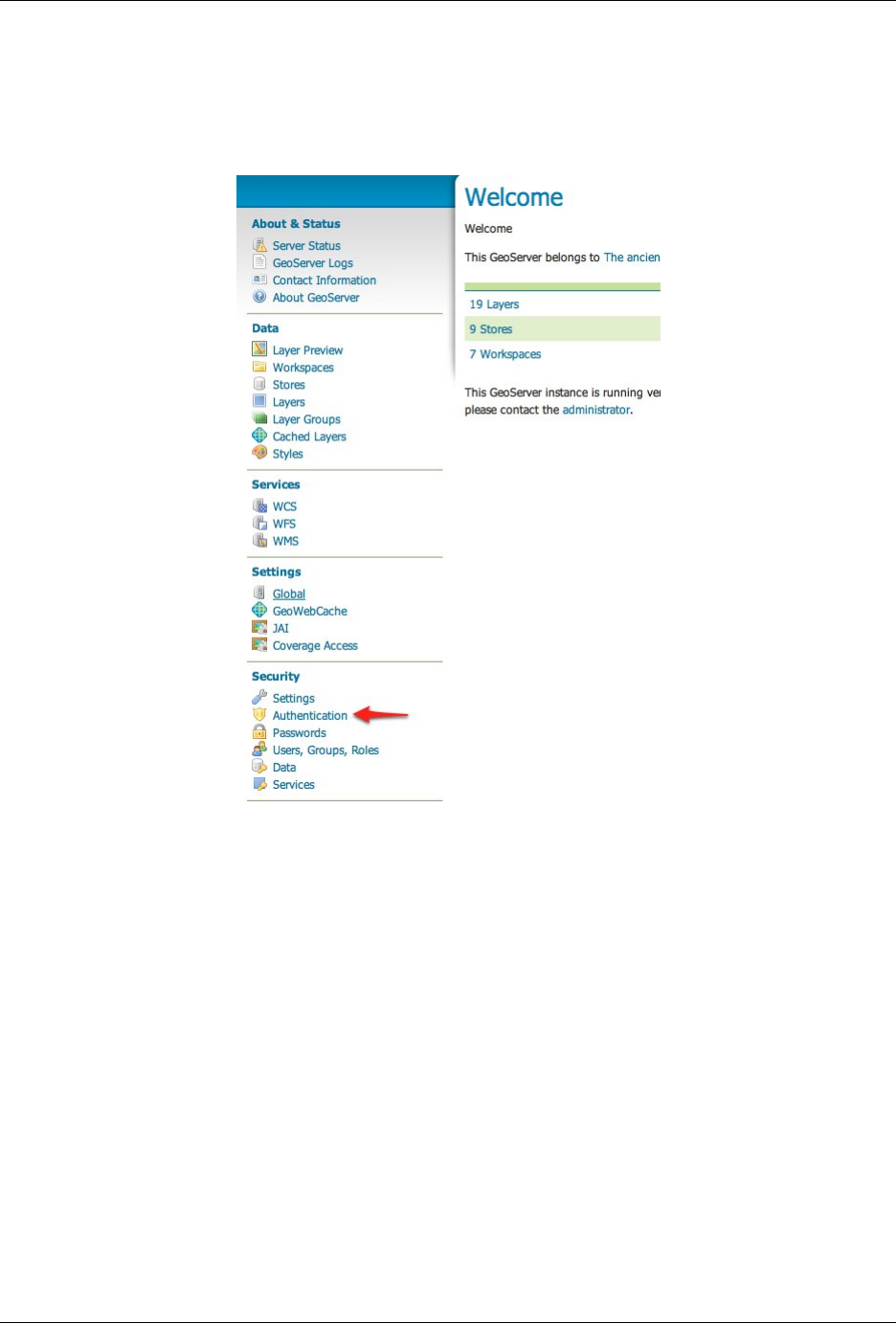
GeoServer User Manual, Release 2.15.1
Configure the Credentials From Request Headers filter
1. Start GeoServer and login to the web admin interface as the admin user.
2. Click the Authentication link located under the Security section of the navigation sidebar.
3. Scroll down to the Authentication Filters panel and click the Add new link.
4. Click the Credentials From Headers link.
5. Fill in the fields of the settings form as follows:
• Set Name to “apachessesion”
• Set Username Header to “X-Credentials”
• Set Regular Expression for Username to “private-user=([^&]*)”
• Set Password Header to “X-Credentials”
• Set Regular Expression for Password to “private-pw=([^&]*)”
6. Save.
7. Back on the authentication page scroll down to the Filter Chains panel.
8. Click on “default” in the chain grid.
1486 Chapter 13. Security
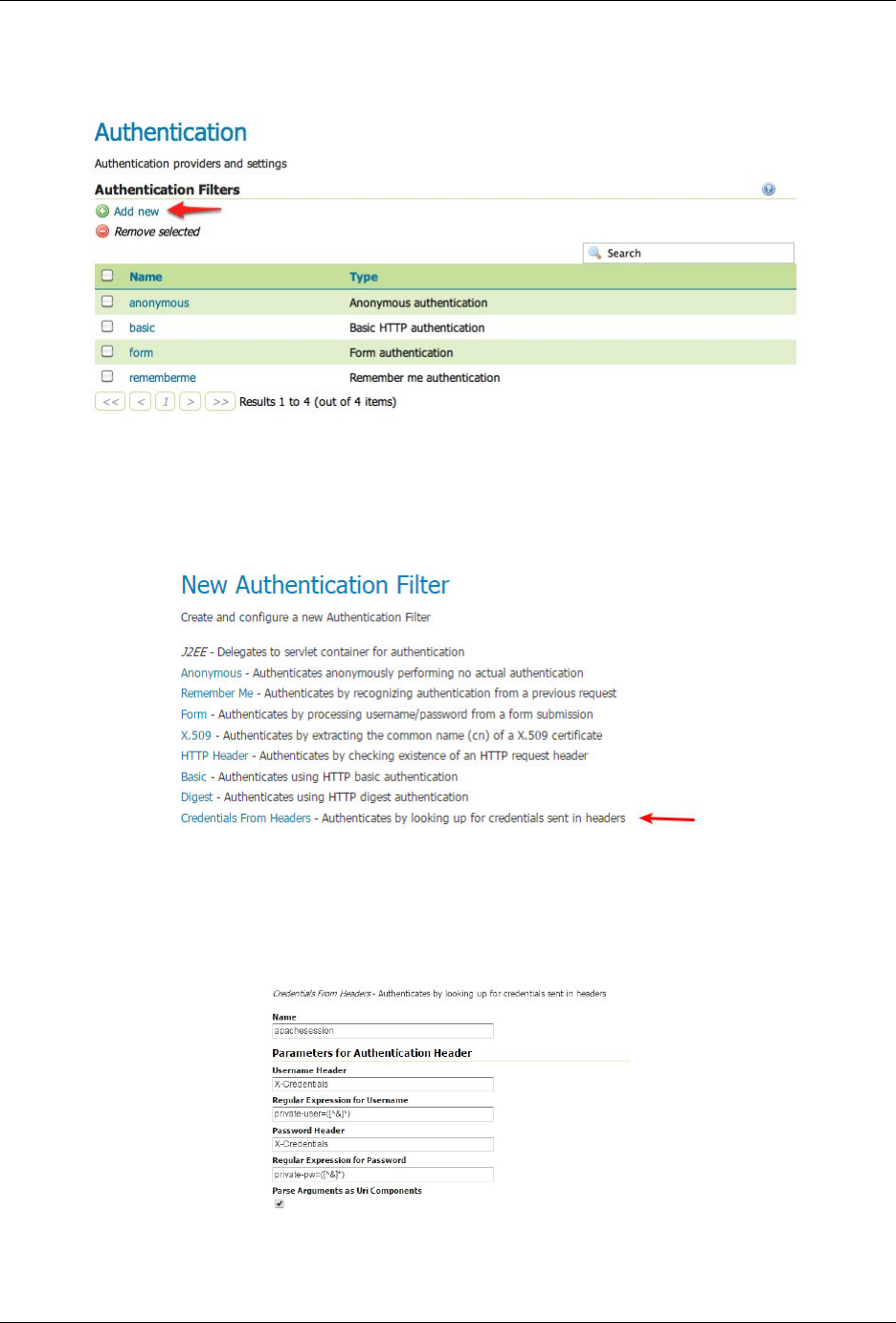
GeoServer User Manual, Release 2.15.1
13.10. Tutorials 1487
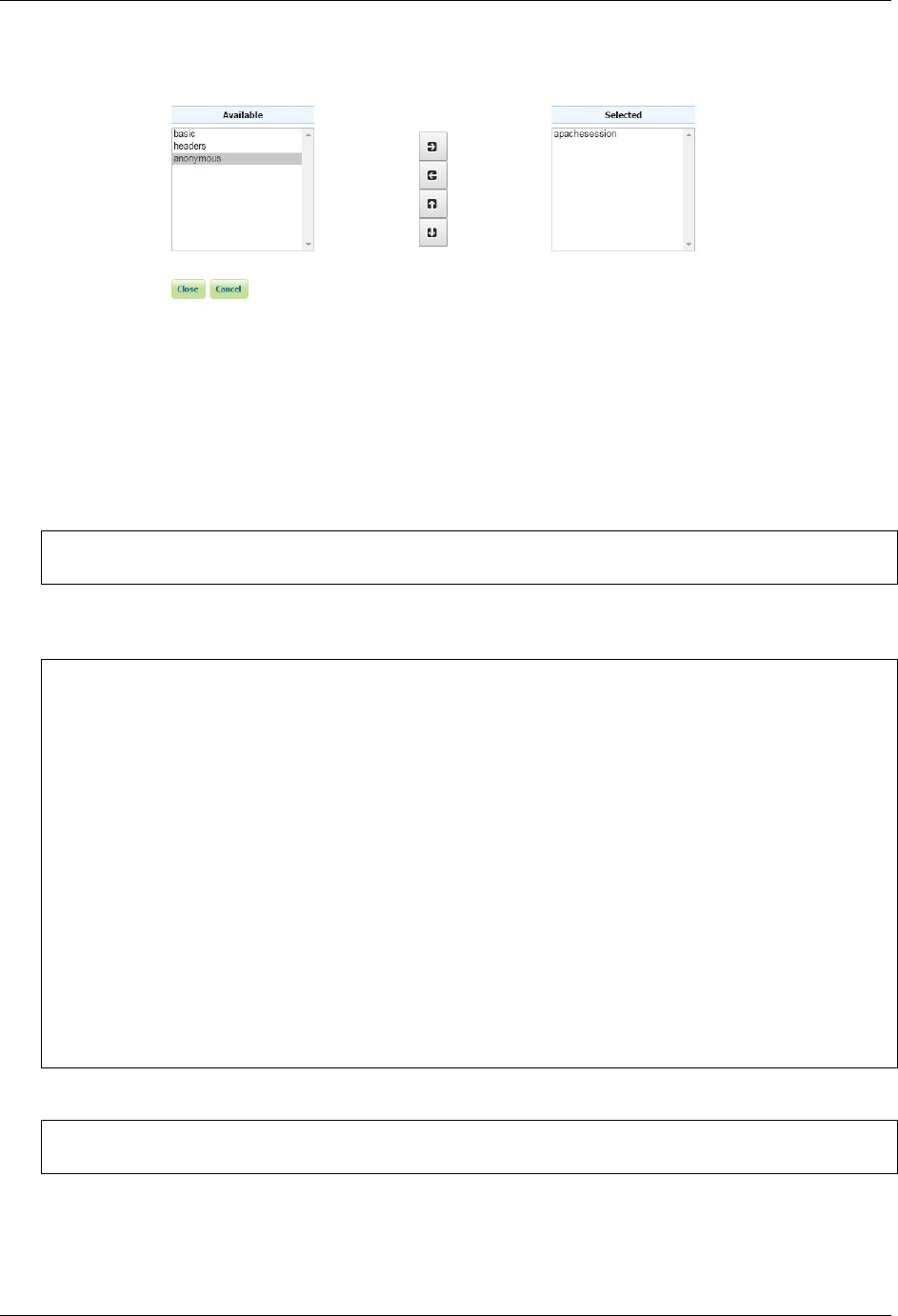
GeoServer User Manual, Release 2.15.1
9. Scroll down and remove all filters from the Selected list and add the apachessesion filter.
10. Close.
11. Save.
Test a login
1. Execute the following curl command (with a wrong password):
curl -v-H"X-Credentials: private-user=admin&private-pw=wrong" "http://
,→localhost:8080/geoserver/wms?service=WMS&version=1.1.1&request=GetCapabilities"
The result should be a 403 response signaling that access is denied. The output should look something
like the following:
*About to connect() to localhost port 8080 (#0)
*Trying ::1... connected
> GET /geoserver/wfs?request=getcapabilities HTTP/1.1
> User-Agent: curl/7.22.0 (x86_64-pc-linux-gnu) libcurl/7.22.0 OpenSSL/1.0.1 zlib/
,→1.2.3.4 libidn/1.23 librtmp/2.3
> Host: localhost:8080
> Accept: */*
>
< HTTP/1.1 403 Access Denied
< Content-Type: text/html; charset=iso-8859-1
< Content-Length: 1407
< Server: Jetty(6.1.8)
<
<html>
<head>
<meta http-equiv="Content-Type" content="text/html; charset=ISO-8859-1"/>
<title>Error 403 Access Denied</title>
</head>
...
2. Execute the same command but specify the right password.:
curl -v-H"X-Credentials: private-user=admin&private-pw=geoserver" "http://
,→localhost:8080/geoserver/wms?service=WMS&version=1.1.1&request=GetCapabilities"
The result should be a successful authentication and contain the normal WMS capabilities response.
1488 Chapter 13. Security
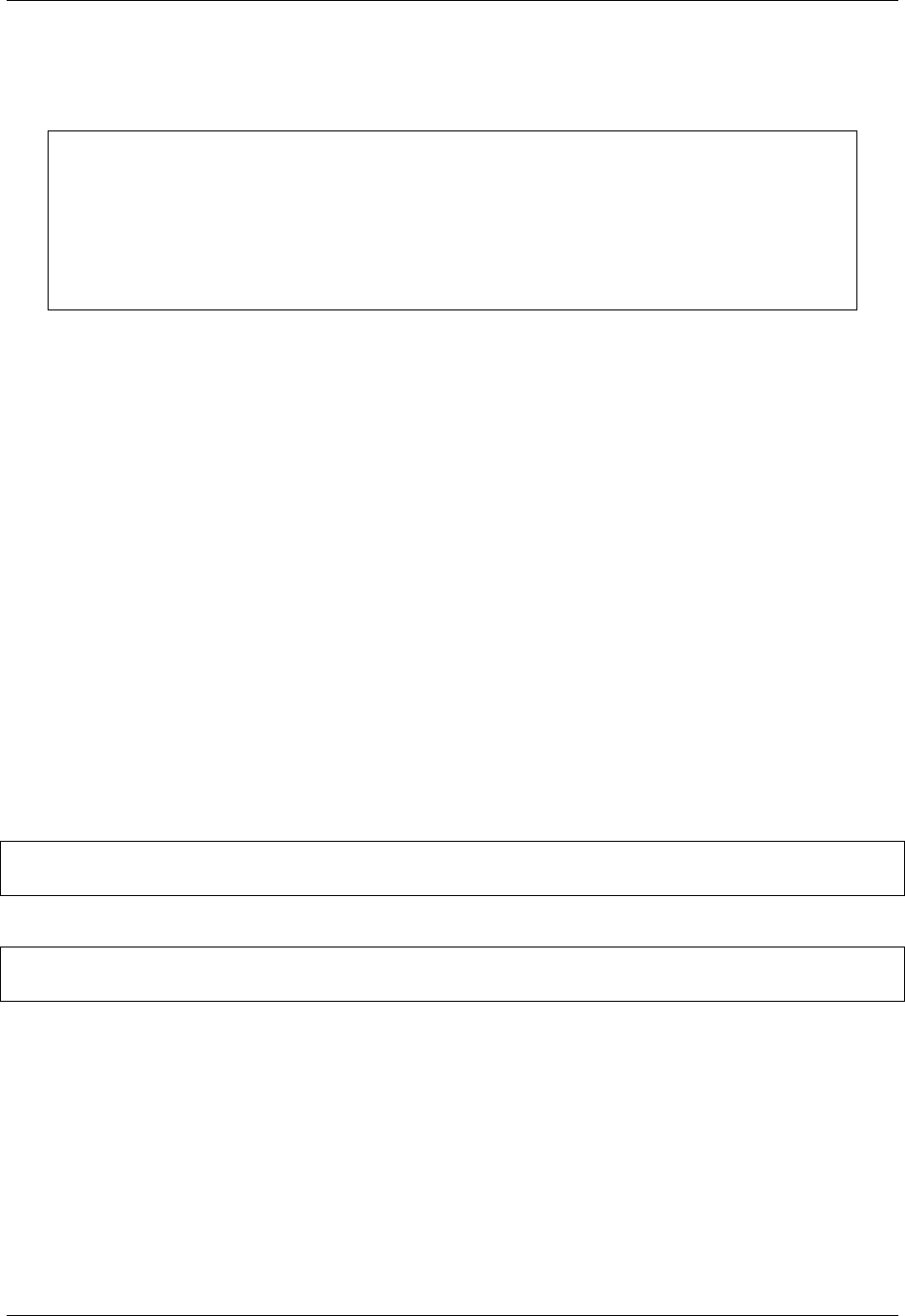
GeoServer User Manual, Release 2.15.1
Configure Apache HTTPD to forward an Header with authentication credentials
This can be done with an HTTPD configuration that looks like the following:
<Location /geoserver>
Session On
SessionEnv On
SessionHeader X-Replace-Session
SessionCookieName session path=/
SessionCryptoPassphrase secret
RequestHeader set X-Credentials "%{HTTP_SESSION}e"
</Location>
This configuration adds a new X-Credentials Request Header to each GeoServer request. The request header
will contain the HTTPD Session information in a special format.
An example of the Session content is the following:
X-Credentials: private-user=admin&private-pw=geoserver
As you can see it contains both the username and password of the user, so the data can be used to authen-
ticate the user in GeoServer.
13.10.8 Authentication with CAS
This tutorial introduces GeoServer CAS support and walks through the process of setting up authentication
against a CAS server. It is recommended that the Authentication chain section be read before proceeding.
CAS server certificates
A running CAS server is needed.
The first step is to import the server certificates into the the GeoServer JVM.
If you need to export the CRT from the CAS server, you must execute the following command on the server
JVM:
keytool -export -alias <server_name> -keystore <cas_jvm_keystore_path> -file server.
,→crt
Once you have the server.crt file, the procedure to import the certificate into the JVM is the following one:
keytool -import -trustcacerts -alias <server_name> -file server.crt -keystore <path_
,→to_JRE_cacerts>
Enter the keystore password and confirm the certificate to be trustable.
Configure the CAS authentication provider
1. Start GeoServer and login to the web admin interface as the admin user.
2. Click the Authentication link located under the Security section of the navigation sidebar.
3. Scroll down to the Authentication Filters panel and click the Add new link.
13.10. Tutorials 1489
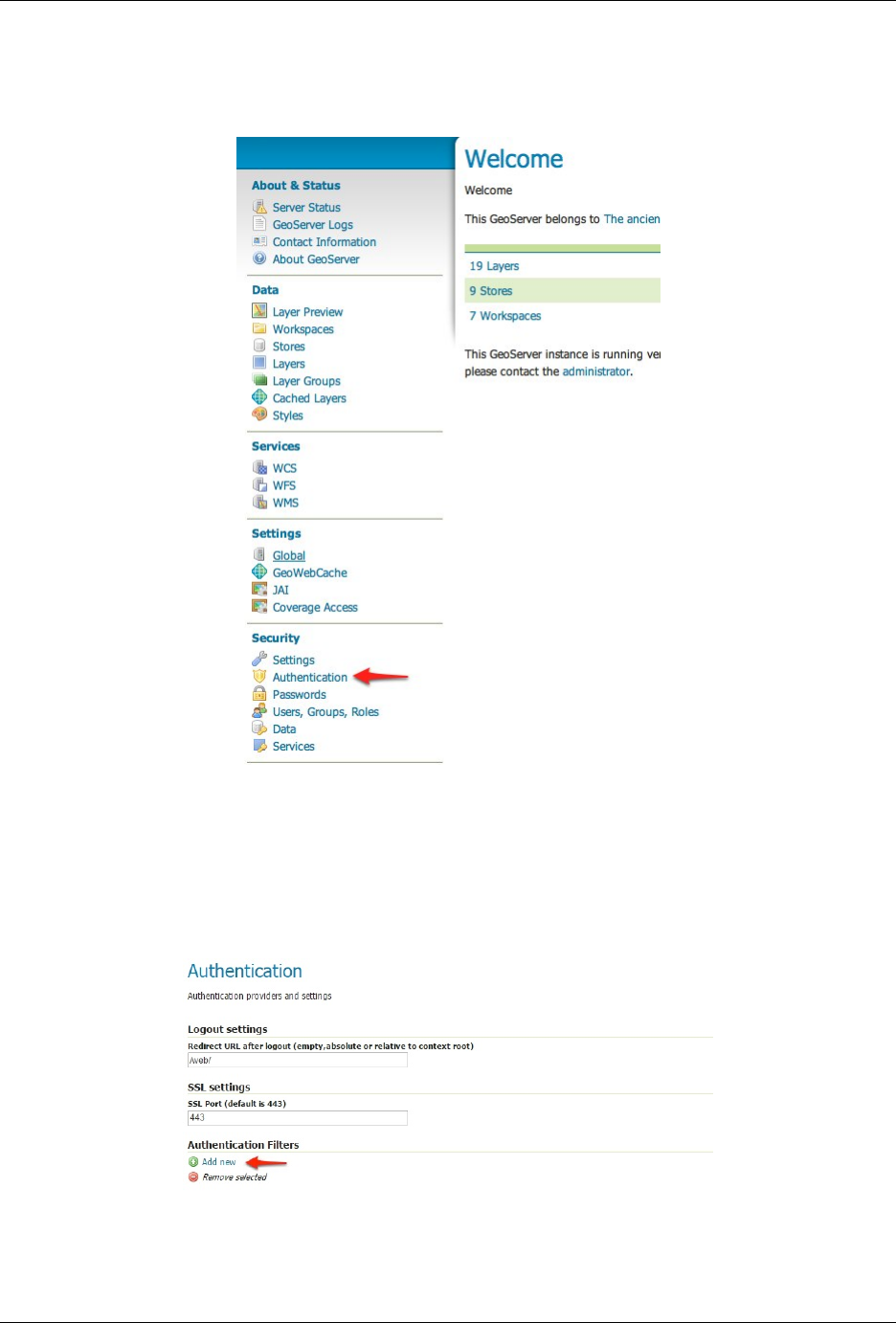
GeoServer User Manual, Release 2.15.1
1490 Chapter 13. Security
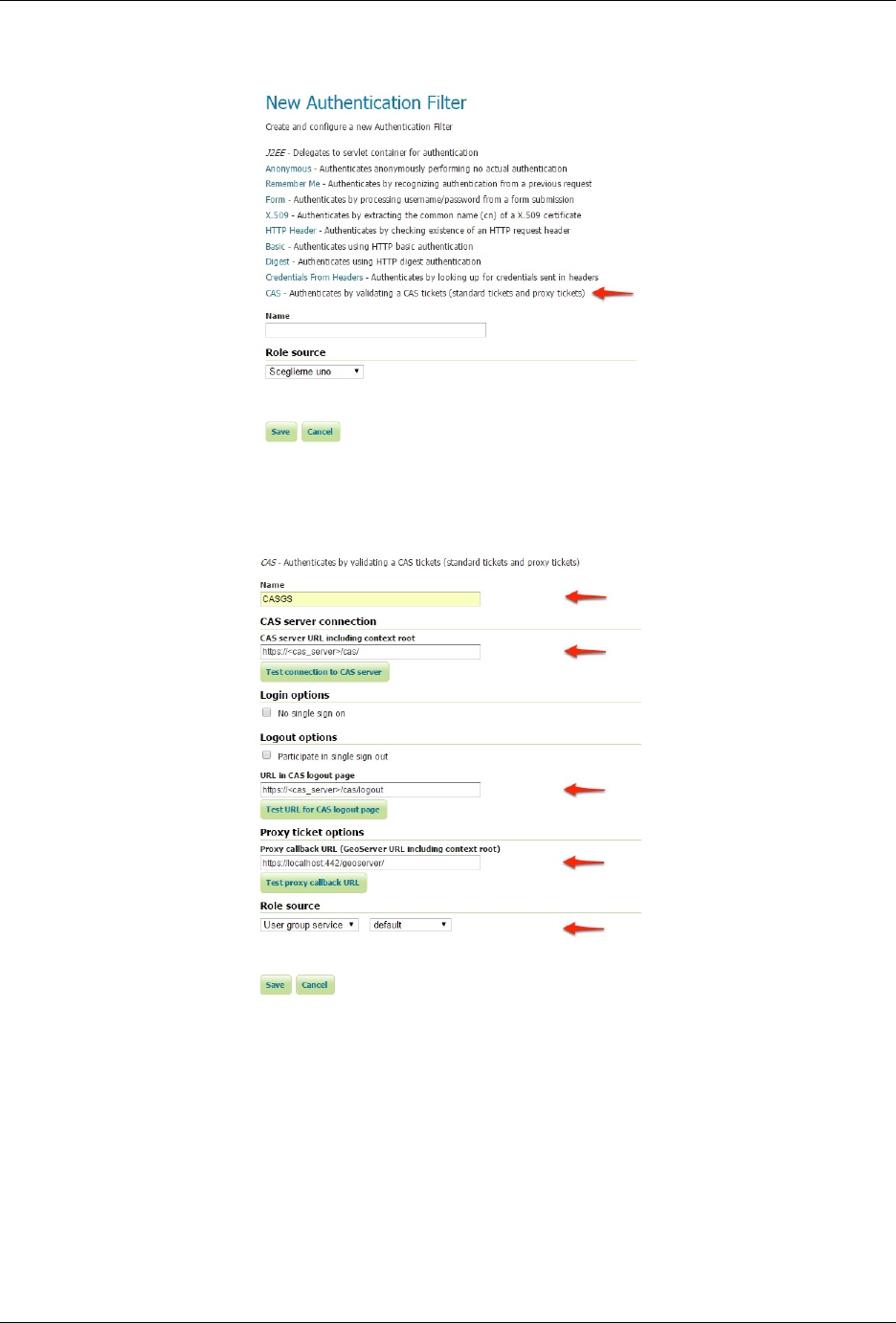
GeoServer User Manual, Release 2.15.1
4. Click the CAS link.
5. Fill in the fields of the settings form as follows:
6. Update the filter chains by adding the new CAS filter.
7. Select the CAS Filter for each filter chain you want to protect with CAS.
Be sure to select and order correctly the CAS Filter.
8. Save.
Test a CAS login
1. Navigate to the GeoServer home page and log out of the admin account.
13.10. Tutorials 1491

GeoServer User Manual, Release 2.15.1
2. Try to login again, you should be able now to see the external CAS login form.
1492 Chapter 13. Security
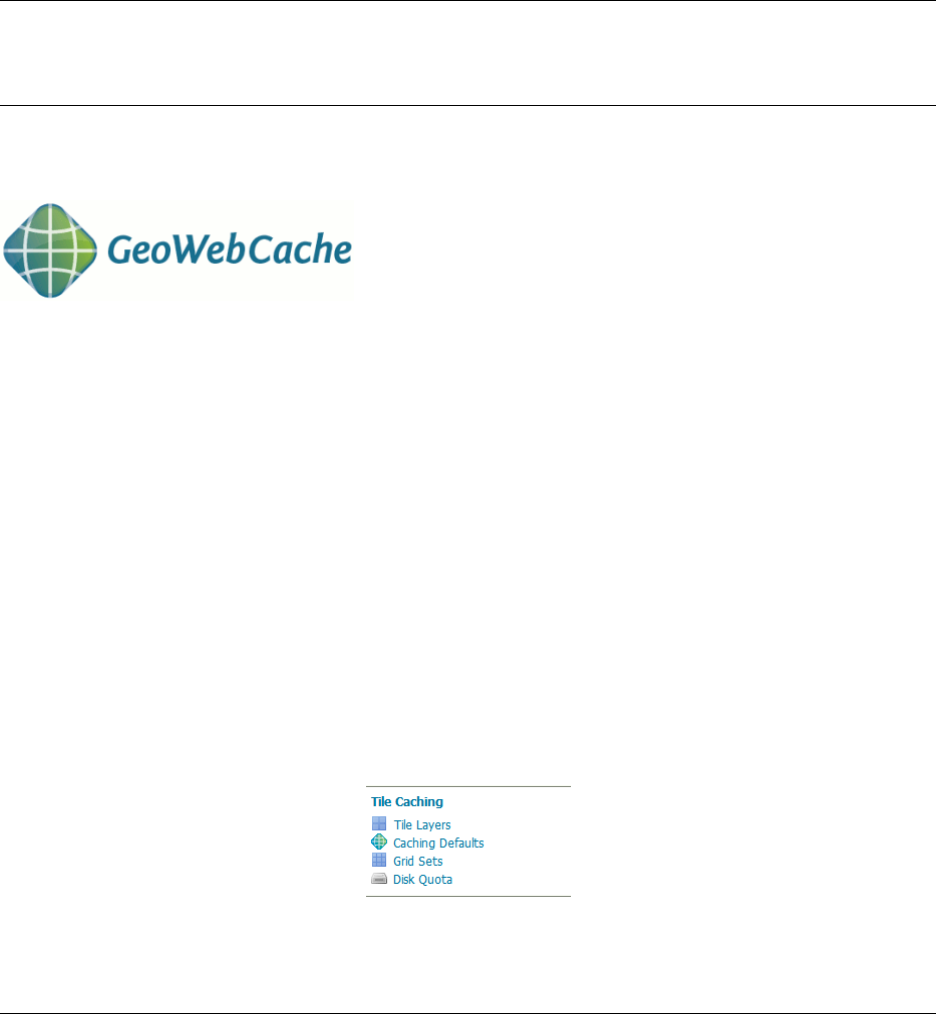
CHAPTER 14
GeoWebCache
GeoWebCache is a tiling server. It runs as a proxy between a map client and map server, caching (storing)
tiles as they are requested, eliminating redundant request processing and thus saving large amounts of
processing time. GeoWebCache is integrated with GeoServer, though it is also available as a standalone
product for use with other map servers.
This section will discuss the version of GeoWebCache integrated with GeoServer. The first part will be show
how GeoWebCache can be configured through the web admin interface, followed by a detailed discussion
of the concepts of the.
For information about the standalone product, please see the GeoWebCache homepage.
14.1 GeoWebCache settings
This section of the Web administration interface describes how to configure the tile caching options for
GeoServer. GeoServer uses GeoWebCache to provide direct and integrated tile caching, and can dramati-
cally increase your server’s responsiveness and reliability.
The pages in this menu can be accessed on the left side of the screen under the heading Tile Caching.
Fig. 14.1: Tile Caching menu
1493
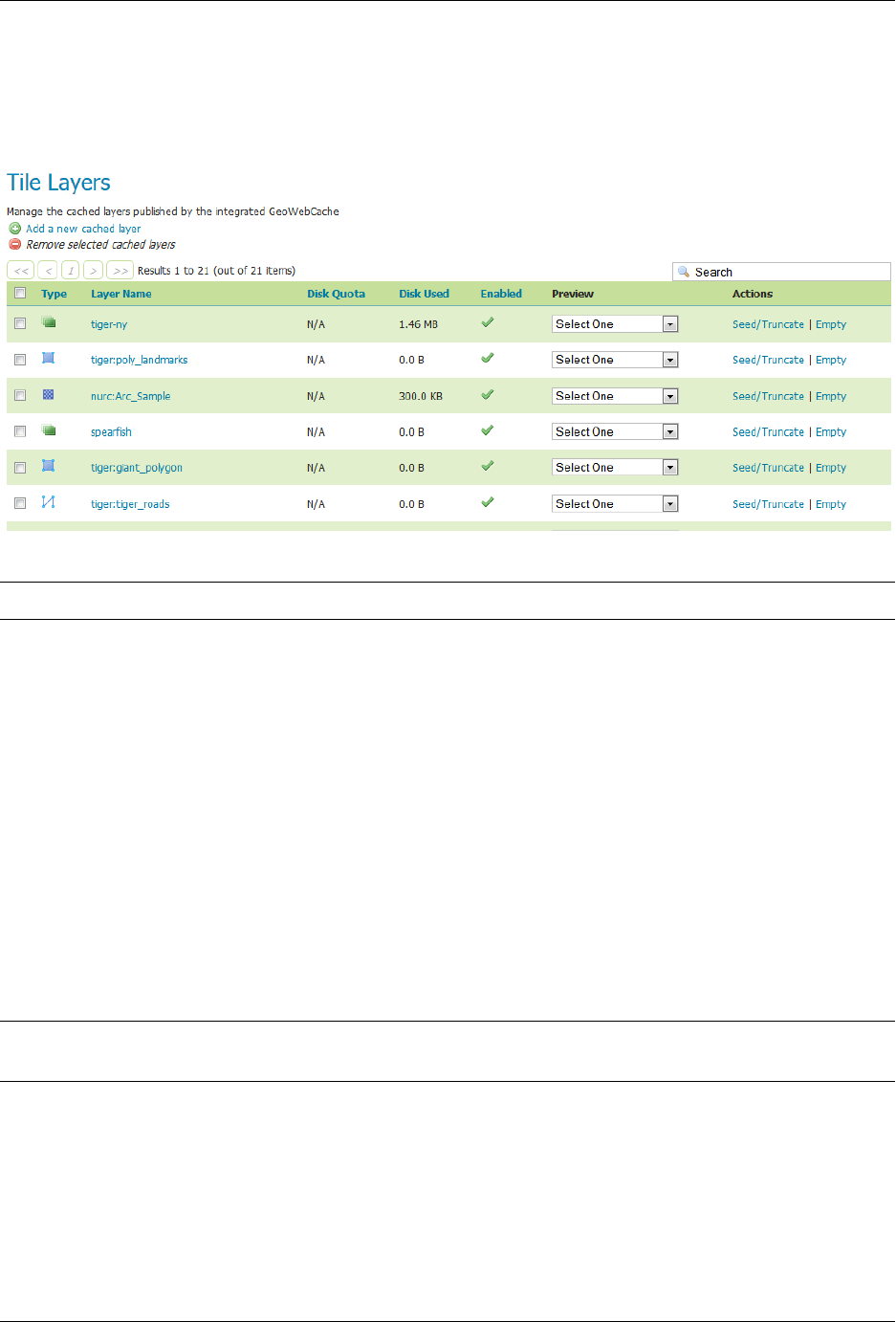
GeoServer User Manual, Release 2.15.1
14.1.1 Tile Layers
This page shows a listing of all of the layers known to the integrated GeoWebCache. It is similar to the Layer
Preview for GeoWebCache, with many of the same options.
Note: There is also a link to the GeoWebCache standalone demo page.
Layer information
For each layer cached by GeoWebCache, the following information is available.
Disk Quota
The maximum amount of disk space that can be used for this layer. By default, this will be set to N/A
(unbounded) unless Disk Quotas are enabled.
Disk Used
The current disk space being used by tiles for this particular layer.
Note: This counter will only be updated if disk quotas are enabled. If disk quotas are not enabled, tiles
will still be saved to disk, but the counter will remain as 0.0 B.
Enabled
Indicates whether tile caching is enabled for this layer. It is possible to have a layer definition here but to
not have tile caching enabled (set in the layer properties).
1494 Chapter 14. GeoWebCache
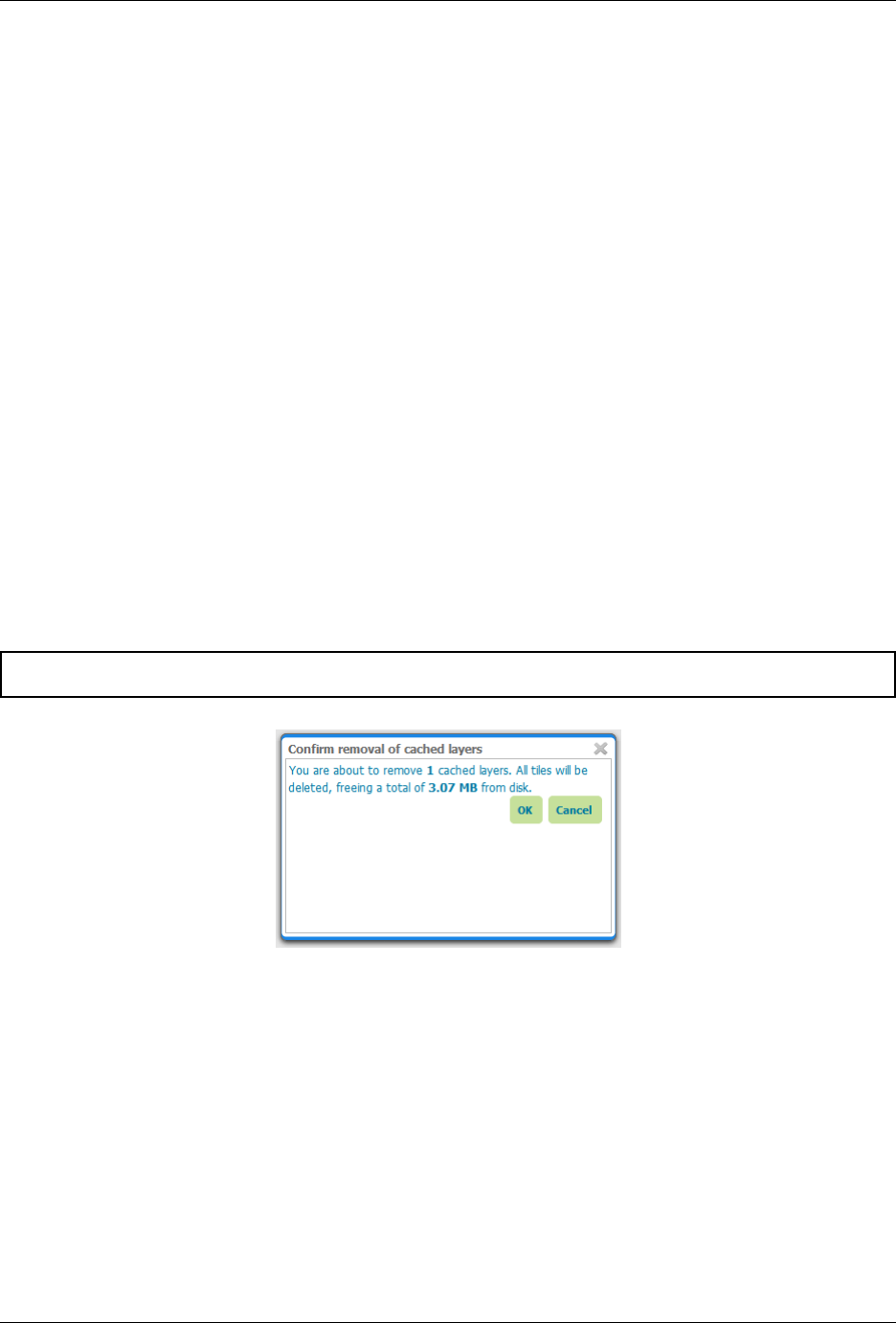
GeoServer User Manual, Release 2.15.1
Preview
Similar to Layer Preview, this will generate a simple OpenLayers application populated with tiles from one
of the available gridset/image format combinations. Select the desired option from the menu to view in
OpenLayers.
Seed/Truncate
Opens the GeoWebCache page for automatically seeding and truncating the tile cache. Use this if you want
to pre-populate some of your cache.
Empty
Will remove all saved tiles from the cache. This is identical to a full truncate operation for the layer.
Add or remove cached layers
The list of layers displayed on this page is typically the same as, or similar to, the full list of layers known
to GeoServer. However, it may not be desirable to have every layer published in GeoServer have a cached
layer component. In this case, simply select the box next to the layer to remove, and click Remove selected
cached layers. The layer will be removed from GeoWebCache, and the disk cache for this layer will be entirely
removed.
Warning: Deleting the tile cache cannot be undone.
Fig. 14.2: Removing a cached layer
To add in a layer from GeoServer (if it wasn’t set up to be added automatically), click the Add a new cached
layer link.
Configuring a cached layer
You have two options for layer configuration. The first option is to load the layer using the default (global)
settings. To do this, select the layer you wish to start caching, and click the Configure selected layers with
caching defaults link. The second option is to configure the caching parameters manually, via the layer con-
figuration pages. To do this, just click the layer name itself.
14.1. GeoWebCache settings 1495
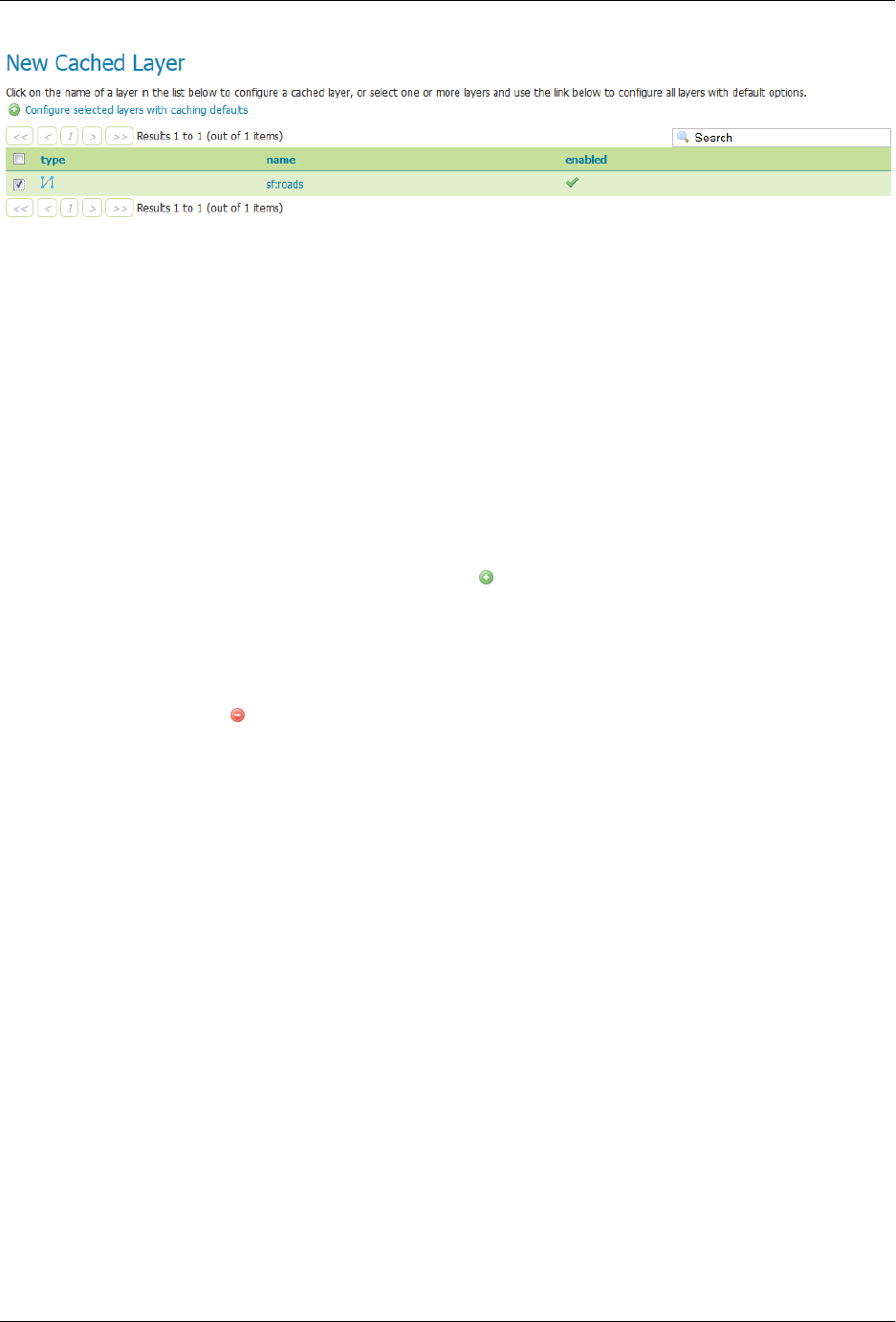
GeoServer User Manual, Release 2.15.1
Fig. 14.3: Adding a new cached layer
Parameter Filters
Parameter filters allow GeoWebCache to cache a layer with varying parameters such as STYLES,TIME. One
is needed for each parameter to be cached and it needs to know how to recognize valid values to be cached
and which values are the same as other values so they only get cached once. There are several different
kinds of filter as a result.
Adding a Filter
At the bottom of the filter list in the text box beside Add filter specify the name of the parameter. In the drop
down box select the kind of filter you want then click the button. For a filter that automatically tracks the
layers styles in a parameter named STYLES click the Add Style Filter button.
Removing a Filter
To remove a filter, click the button to the right of the filter’s entry in the filter list.
Types of filter
All parameter filters take a default parameter that will be used if the parameter was not specified. Specific
types of parameter filter provide different ways of specifying which parameter values are allowed, and
which are equivalent to one another and should be cached together.
List of Strings
The stringParameterFilter takes a collection of plain text strings. If the value matches one of the
strings, it is valid, otherwise it is not. Matching can be done in a case sensitive way, or the strings can all be
converted to upper or lower case before matching. As case rules vary between languages, the locale to use
for case changes can be specified.
Regular Expression
The regexParameterFilter takes a regular expression to match strings. This should be used with caution as
it potentially allows an arbitrarily large number of caches to be created. Like the string filter, it can be
normalized for case.
1496 Chapter 14. GeoWebCache
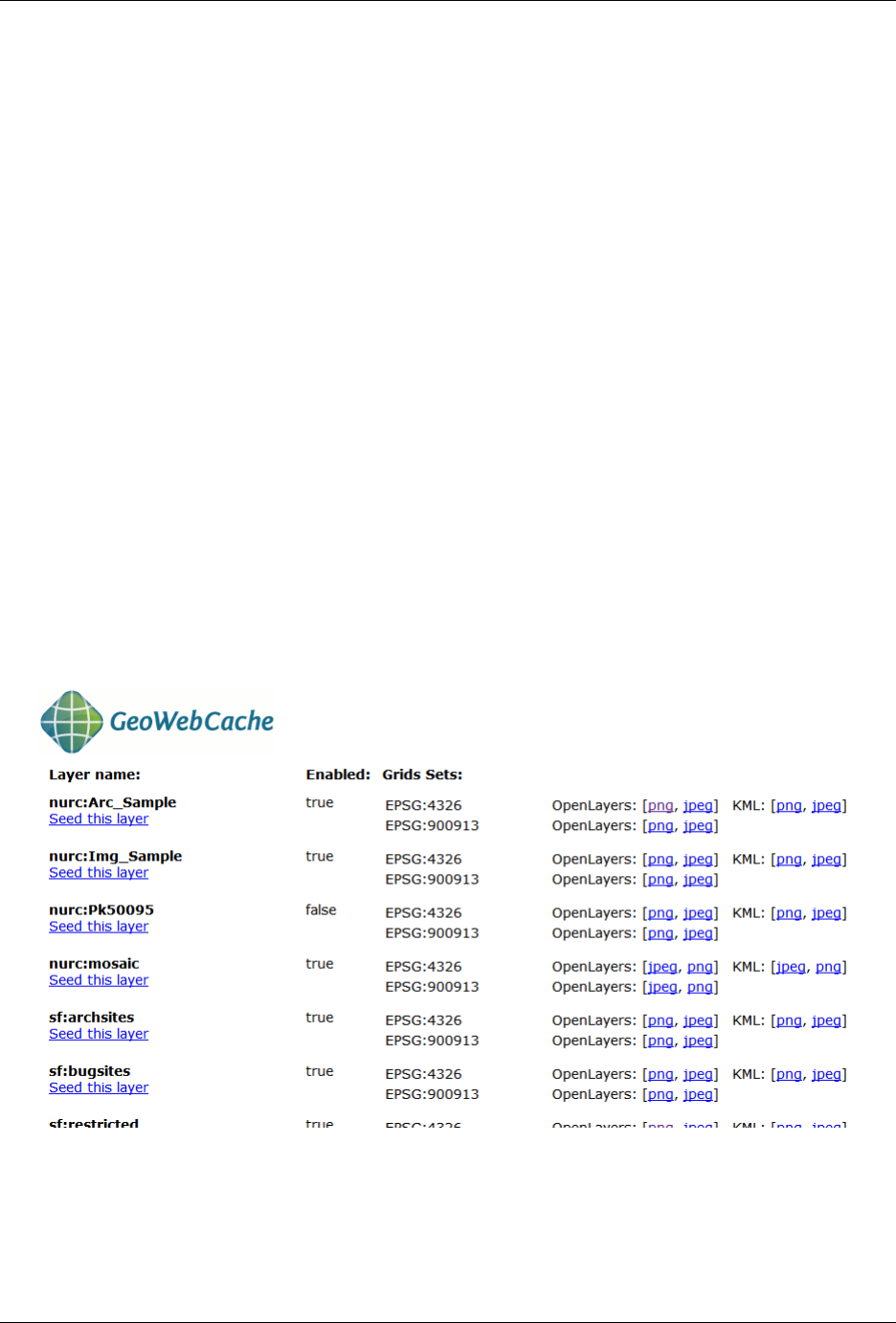
GeoServer User Manual, Release 2.15.1
List of Numbers
The floatParameterFilter is like the string filter in taking a list of values, but it uses floating point
numbers rather than arbitrary text strings. A threshold can be given to pull close numbers to a standard
value.
List of Whole Numbers
The integerParameterFilter is like the float filter but works with integer/whole number values.
Styles
The styleParameterFilter is connected to the GeoServer catalog and knows what styles are available
for the layer and when they change. You can specify a default distinct from the normal layer default if you
wish, and restrict the range of additional styles available if you do not wish to cache all of them.
14.1.2 Demo page
In addition to the Tile Layers page, there is also a demo page where you can view configured layers, reload
the configuration (when changing settings or adding new layers), and seed or refresh the existing cache on
a per-layer basis.
As this interface is part of the standalone GeoWebCache, some of the functionality here is duplicated from
the Tile Layers page.
Fig. 14.4: Built-in demo page
14.1. GeoWebCache settings 1497
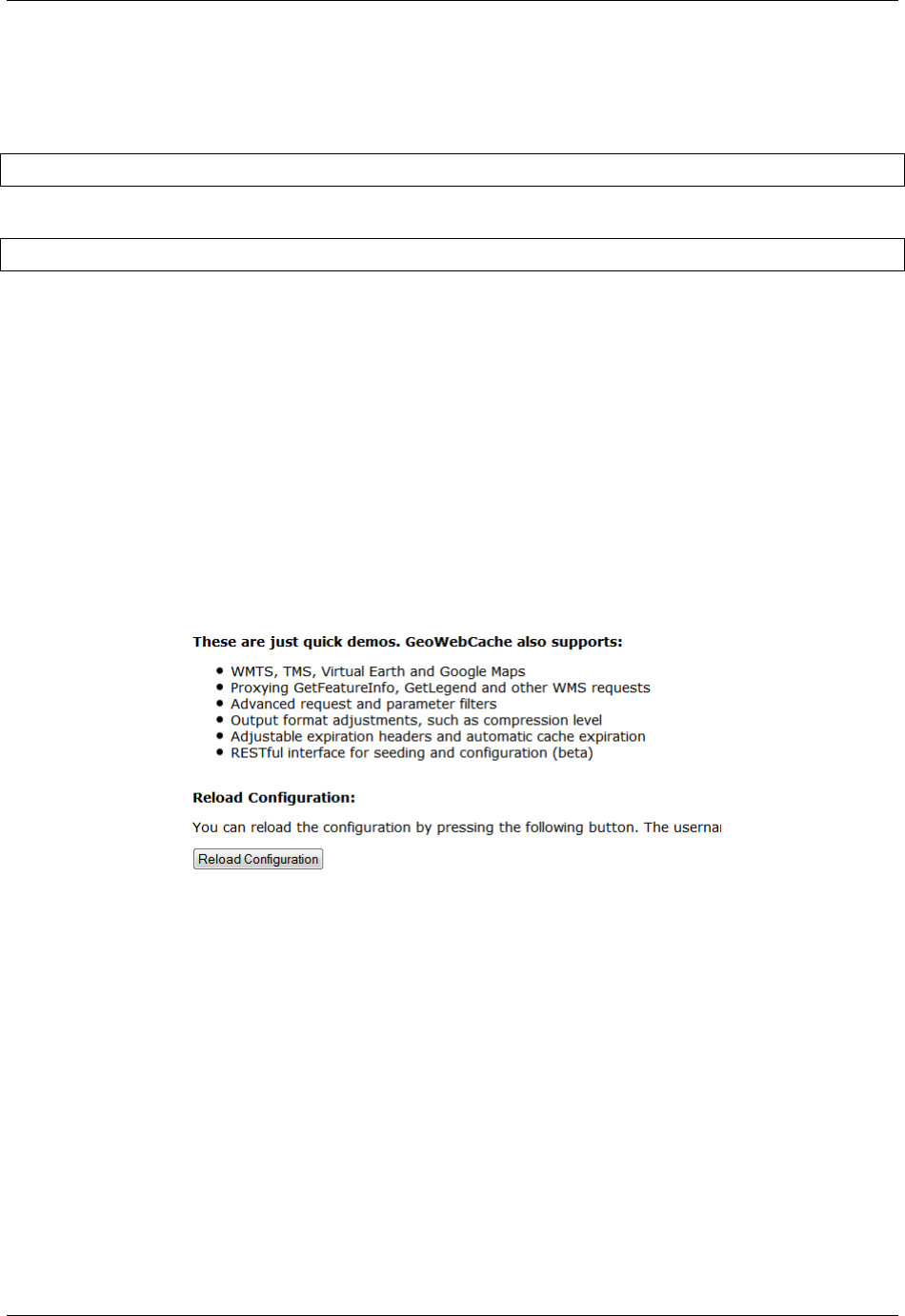
GeoServer User Manual, Release 2.15.1
Viewing
To view the demo page, append /gwc/demo to the address of your GeoServer instance. For example, if
your GeoServer is at the following address:
http://localhost:8080/geoserver
The GeoWebCache demo page is accessible here:
http://localhost:8080/geoserver/gwc/demo
If there is a problem loading this page, verify the steps on the Using GeoWebCache page have been carried
out successfully.
Reload configuration
The demo page contains a list of every layer that GeoWebCache is aware of. This is typically (though not
necessarily) identical to the list of layers as published in the GeoServer WMS capabilities document. If con-
figuration changes are made to GeoServer, GeoWebCache will not automatically become aware of them.
To ensure that GeoWebCache is using the latest configuration information, click the Reload Configuration
button. Reloading the configuration will trigger authentication to GeoServer, and will require an admin-
istration username and password. Use the same username and password that you would use to log on to
the Web administration interface. After a successful logon, the number of layers found and loaded will be
displayed.
Fig. 14.5: Reloading the configuration
Layers and output formats
For each layer that GeoWebCache serves, links are typically available for a number of different projections
and output formats. By default, OpenLayers applications are available using image formats of PNG, PNG8,
GIF, and JPEG in both EPSG:4326 (standard lat/lon) and EPSG:900913 (used in Google Maps) projections.
In addition, KML output is available (EPSG:4326 only) using the same image formats, plus vector data
(“kml”).
Also on the list is an option to seed the layers (Seed this layer). More on this option below.
1498 Chapter 14. GeoWebCache
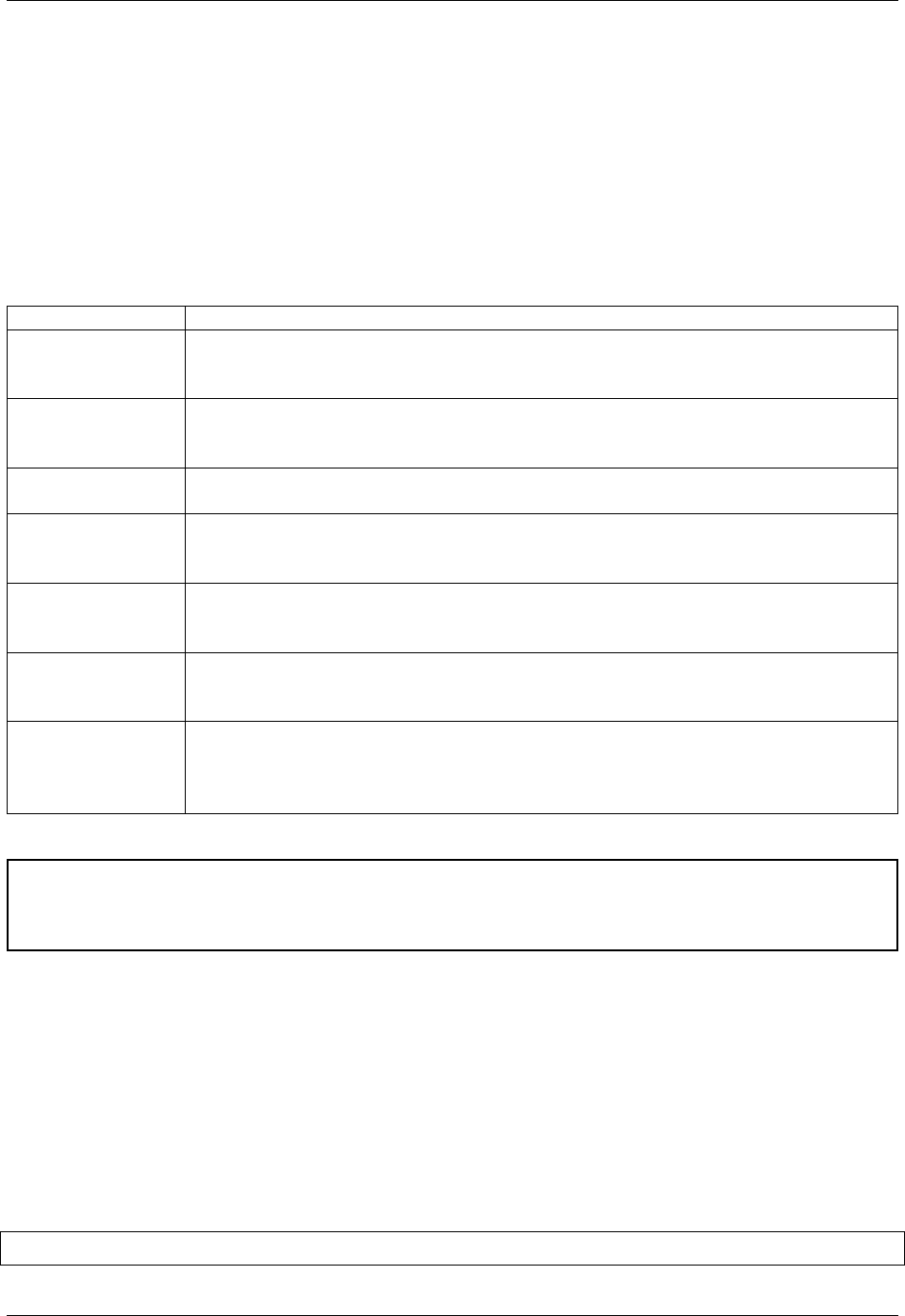
GeoServer User Manual, Release 2.15.1
Seeding
You can configure seeding processes via the Web administration interface. See the Tile Layers page for more
information.
It is also possible to configure seeding process via the Demo page. The page contains a link next to each layer
entitled Seed this layer. This link will trigger authentication with the GeoServer configuration. Use the same
username and password that you would use to log on to the Web administration interface. After a successful
logon, a new page shows up with seeding options.
The seeding options page contains various parameters for configuring the way that the layer is seeded.
Option Description
Number of
threads to
use
Possible values are between 1and 16.
Type of
operation
Sets the operation. There are three possible values: Seed (creates tiles, but does
not overwrite existing ones), Reseed (like Seed, but overwrites existing tiles) and
Truncate (deletes all tiles within the given parameters)
SRS Specifies the projection to use when creating tiles (default values are EPSG:4326
and EPSG:900913)
Format Sets the image format of the tiles. Can be application/vnd.google-earth.kml+xml
(Google Earth KML), image/gif (GIF), image/jpeg (JPEG), image/png (24 bit PNG),
and image/png8 (8 bit PNG)
Zoom start Sets the minimum zoom level. Lower values indicate map views that are more
zoomed out. When seeding, GeoWebCache will only create tiles for those zoom
levels inclusive of this value and Zoom stop.
Zoom stop Sets the maximum zoom level. Higher values indicate map views that are more
zoomed in. When seeding, GeoWebCache will only create tiles for those zoom
levels inclusive of this value and Zoom start.
Bounding box (optional) Allows seeding to occur over a specified extent, instead of the full ex-
tent of the layer. This is useful if your layer contains data over a large area, but
the application will only request tiles from a subset of that area. The four boxes
correspond to Xmin,Ymin,Xmax, and Ymax.
Warning: Currently there is no progress bar to inform you of the time required to perform the operation,
nor is there any intelligent handling of disk space. In short, the process may take a very long time, and
the cache may fill up your disk. You may wish to set a Disk quota before running a seed job.
14.1.3 Caching defaults
The Caching Defaults page shows the global configuration options for the tile caching functionality in
GeoServer, an embedded GeoWebCache.
GWC Provided Services
In addition to the GeoServer endpoints, GeoWebCache provides other endpoints for OGC services. For
example, the GeoServer WMS endpoint is available at:
http://GEOSERVER_URL/wms?...
14.1. GeoWebCache settings 1499
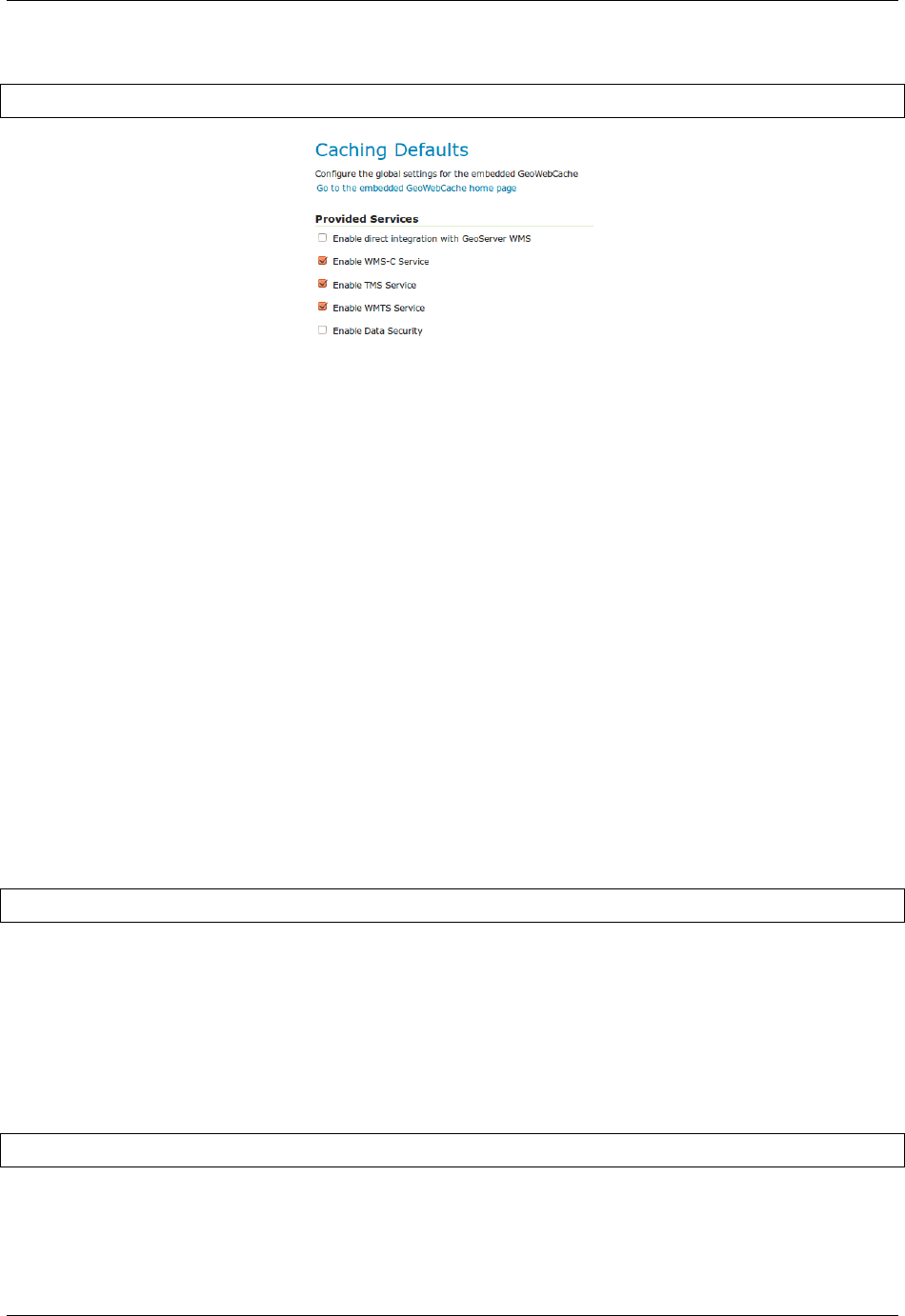
GeoServer User Manual, Release 2.15.1
The GeoWebCache WMS endpoint is:
http://GEOSERVER_URL/gwc/service/wms?...
Fig. 14.6: Provided services
The following settings describe the different services that can be enabled with GeoWebCache.
Enable direct integration with GeoServer WMS
Direct integration allows WMS requests served through GeoServer to be cached as if they were received and
processed by GeoWebCache. This provides all the advantages of using a tile server while still employing
the more-flexible GeoServer WMS as a fallback. See the section on Using GeoWebCache for more details
about this feature.
With direct integration, tile caching is enabled for all standard WMS requests that contain the tiled=true
parameter and conform to all required parameters.
This setting is disabled by default. When enabling this option, it is a good idea to also turn on Disk Quotas
as well, to prevent unbounded growth of the stored tiles.
Enable WMS-C Service
Enables the Cached Web Map Service (WMS-C) service. When this setting is enabled, GeoWebCache will
respond to its own WMS-C endpoint:
http://GEOSERVER_URL/gwc/service/wms?SERVICE=WMS&VERSION=1.1.1&TILED=true&...
When the service is disabled, calls to the capabilities document will return a Service is disabled
message.
Enable TMS Service
Enables the Tiled Map Service (TMS) endpoint in GeoWebCache. With the TMS service, GeoWebCache will
respond to its own TMS endpoint:
http://GEOSERVER/URL/gwc/service/tms/1.0.0
When the service is disabled, calls to the capabilities document will return a Service is disabled
message.
1500 Chapter 14. GeoWebCache
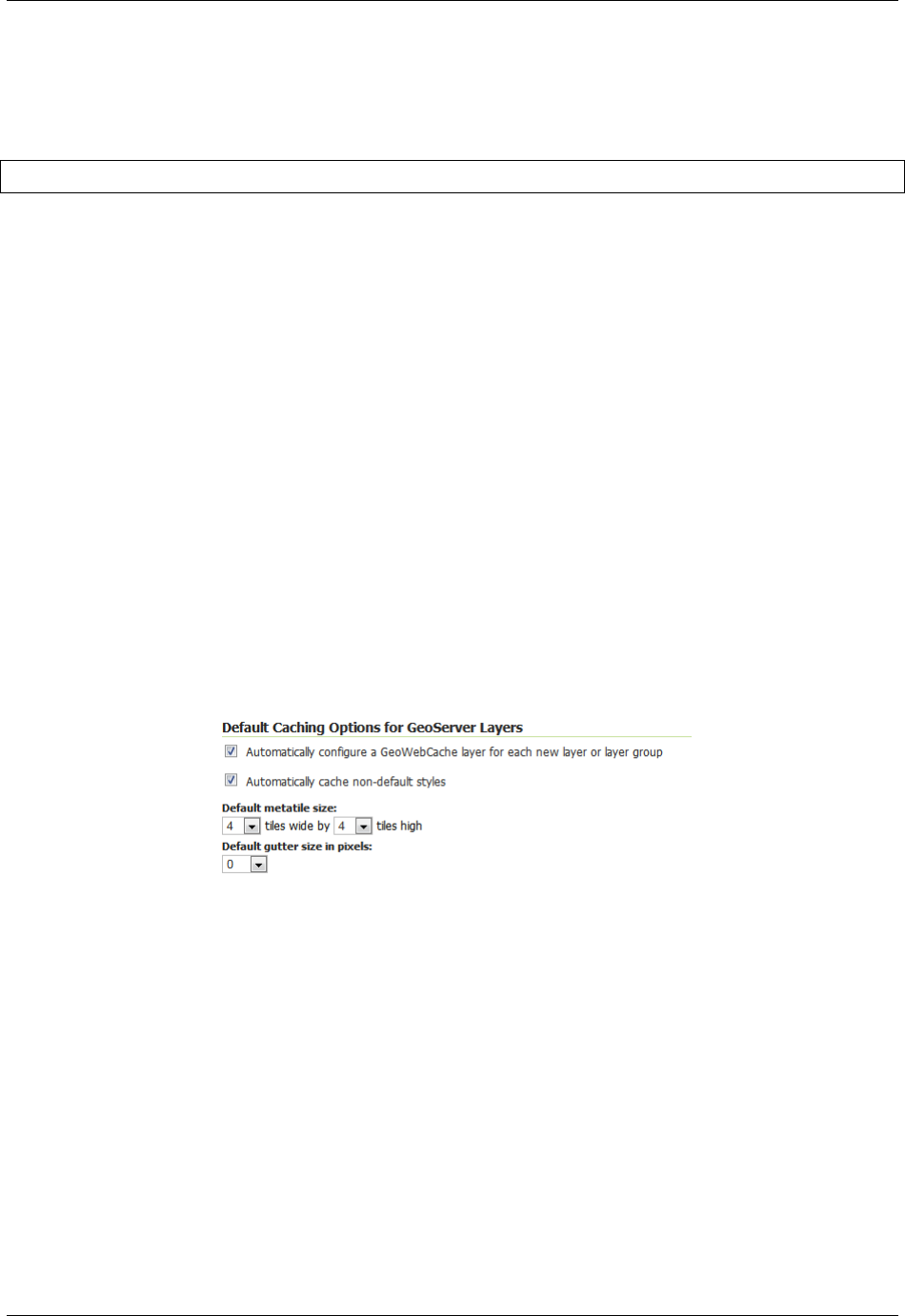
GeoServer User Manual, Release 2.15.1
Enable WMTS Service
Enables the Web Map Tiled Service (WMTS) endpoint in GeoWebCache. When this setting is enabled,
GeoWebCache will respond to its own WMTS endpoint:
http://GEOSERVER/URL/gwc/service/wmts?...
When the service is disabled, calls to the capabilities document will return a Service is disabled
message.
HTTP RESTful API is available through the existing GWC integration allowing clients to retrieve the fol-
lowing resources:
• capabilities document
• tile
• feature info
For more information read GWC WMTS documentation.
Enable Data Security
Enables the GeoServer Data Security in the embedded GeoWebCache.
Default Caching Options for GeoServer Layers
This section describes the configuration of the various defaults and other global options for the tile cache
in GeoServer.
Fig. 14.7: Default caching options
Automatically configure a GeoWebCache layer for each new layer or layer group
This setting, enabled by default, determines how layers in GeoServer are handled via the embedded Ge-
oWebCache. When this setting is enabled, an entry in the GeoWebCache layer listing will be created when-
ever a new layer or layer group is published in GeoServer. Use this setting to keep the GeoWebCache
catalog in sync. (This is enabled by default.)
Automatically cache non-default styles
By default, only requests using the default style for a given layer will be cached. When this setting is
enabled, all requests for a given layer, even those that use a non-standard style will be cached. Disabling
14.1. GeoWebCache settings 1501
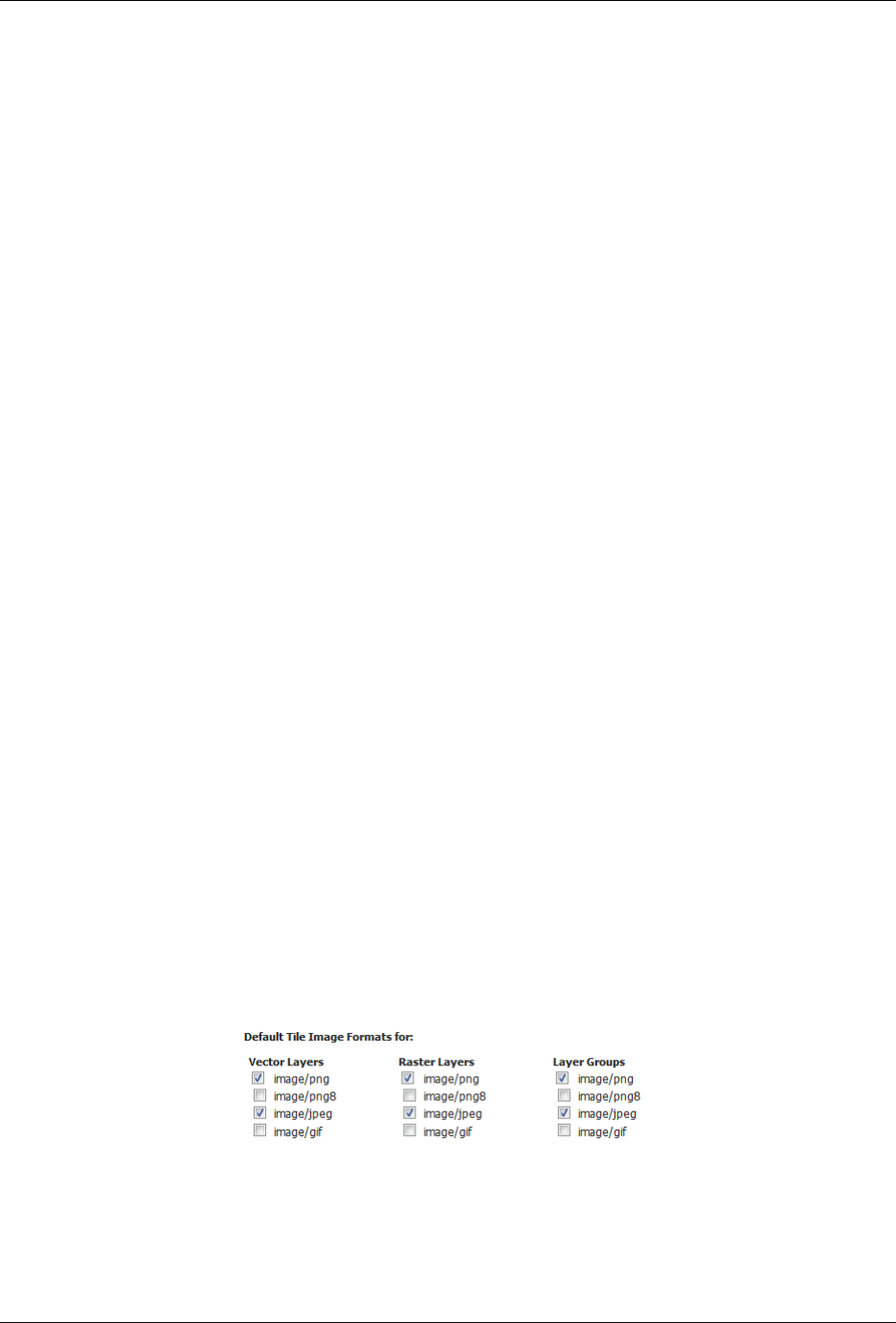
GeoServer User Manual, Release 2.15.1
this may be useful in situations where disk space is an issue, or when only one default style is important.
Default metatile size
A metatile is several tiles combined into a larger one. This larger metatile is generated and then subdivided
before being served back (and cached) as standard tiles. The advantage of using metatiling is in situations
where a label or geometry lies on a boundary of a tile, which may be truncated or altered. With metatiling,
these tile edge issues are greatly reduced.
Moreover, with metatiling, the overall time it takes to seed the cache is reduced in most cases, when com-
pared with rendering a full map with single tiles. In fact, using larger metatiling factors is a good way to
reduce the time spent in seeding the cache.
The disadvantage of metatiling is that at large sizes, memory consumption can be an issue.
The size of the default metatile can be adjusted here. By default, GeoServer sets a metatile size of 4x4, which
strikes a balance between performance, memory usage, and rendering accuracy.
Default gutter size
The gutter size sets the amount of extra space (in pixels) used when generating a tile. Use this in conjunction
with metatiles to reduce problems with labels and features not being rendered incorrectly due to being on
a tile boundary.
Default Cache Formats
This setting determines the default image formats that can be cached when tiled requests are made. There
are four image formats that can be used when saving tiles:
• PNG (24-bit PNG)
• PNG8 (8-bit PNG)
• JPEG
• GIF
The default settings are subdivided into vector layers, raster layers, and layer groups. You may select any
of the above four formats for each of the three types of layers. Any requests that fall outside of these
layer/format combinations will not be cached if sent through GeoServer, and will return an error if sent to
the GeoWebCache endpoints.
These defaults can be overwritten on a per-layer basis when editing the layer properties.
Fig. 14.8: Default image formats
1502 Chapter 14. GeoWebCache

GeoServer User Manual, Release 2.15.1
In Memory BlobStore Options
These options are used for enabling/disabling In Memory Caching for GeoWebCache. This feature can be
used for saving GWC tiles directly in memory, for a fast data retrieval.
Enable
This parameter allows to enable or disable in memory caching. By default it is disabled.
Avoid Persistence
This parameter can be used in order to avoid to save any file in the file system, keeping all the GWC tiles
only in memory. By default it is disabled.
Available Caches
This parameter defines which Cache method can be used for In Memory Caching. By default the Guava
Caching is used. Note that if a caching method requires an immutable configuration at GeoServer startup
like HazelCast, the Hard Memory limit,Eviction Policy,Eviction Time and Concurrency Level parameters are
disabled.
More informations on how to configure a new Cache object can be found in the GeoWebCache Configuration
page.
Cache Hard Memory limit (Mb)
Parameter for configuring in memory cache size in MB.
Cache Eviction Policy
Parameter for configuring in memory cache eviction policy, it may be: LRU, LFU, EXPIRE_AFTER_WRITE,
EXPIRE_AFTER_ACCESS, NULL
This eviction policies may not be supported by all caches implementations. For example, Guava Caching
only supports the eviction policies: EXPIRE_AFTER_WRITE, EXPIRE_AFTER_ACCESS and NULL.
Note, only the eviction policies accepted by the selected cache will be shown on the UI.
Cache Eviction Time (in Seconds)
Paramter for configuring in memory cache eviction time. It is in Seconds.
Note: Note that this parameter is also used for configuring an internal thread which performs a periodical
cache cleanup.
14.1. GeoWebCache settings 1503
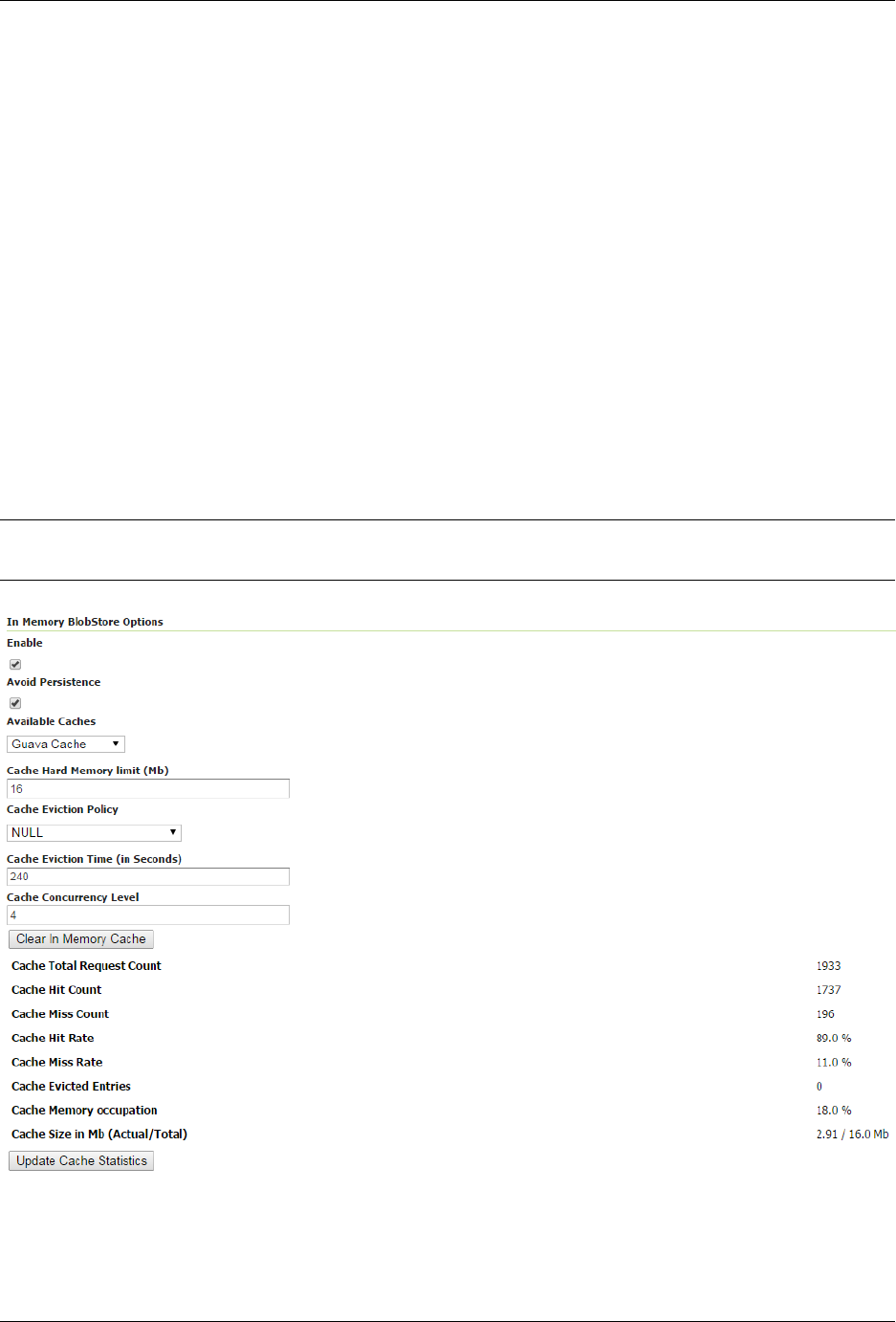
GeoServer User Manual, Release 2.15.1
Cache Concurrency Level
Paramter for configuring in memory cache concurrency.
Clear In Memory Cache
Button for clearing all the tiles in the in-memory cache.
Cache Statistics
Various statistics parameters associated to the in memory cache.
Update Cache Statistics
Button for updating cache statistics seen above. The statistics are always related to the local cached entries,
even in case of distributed in-memory caching
Note: Note that some Caches do not provide all the statistics parameters, in that case the user will only see
“Unavailable” for those parameters.
Fig. 14.9: In Memory BlobStore Options
1504 Chapter 14. GeoWebCache
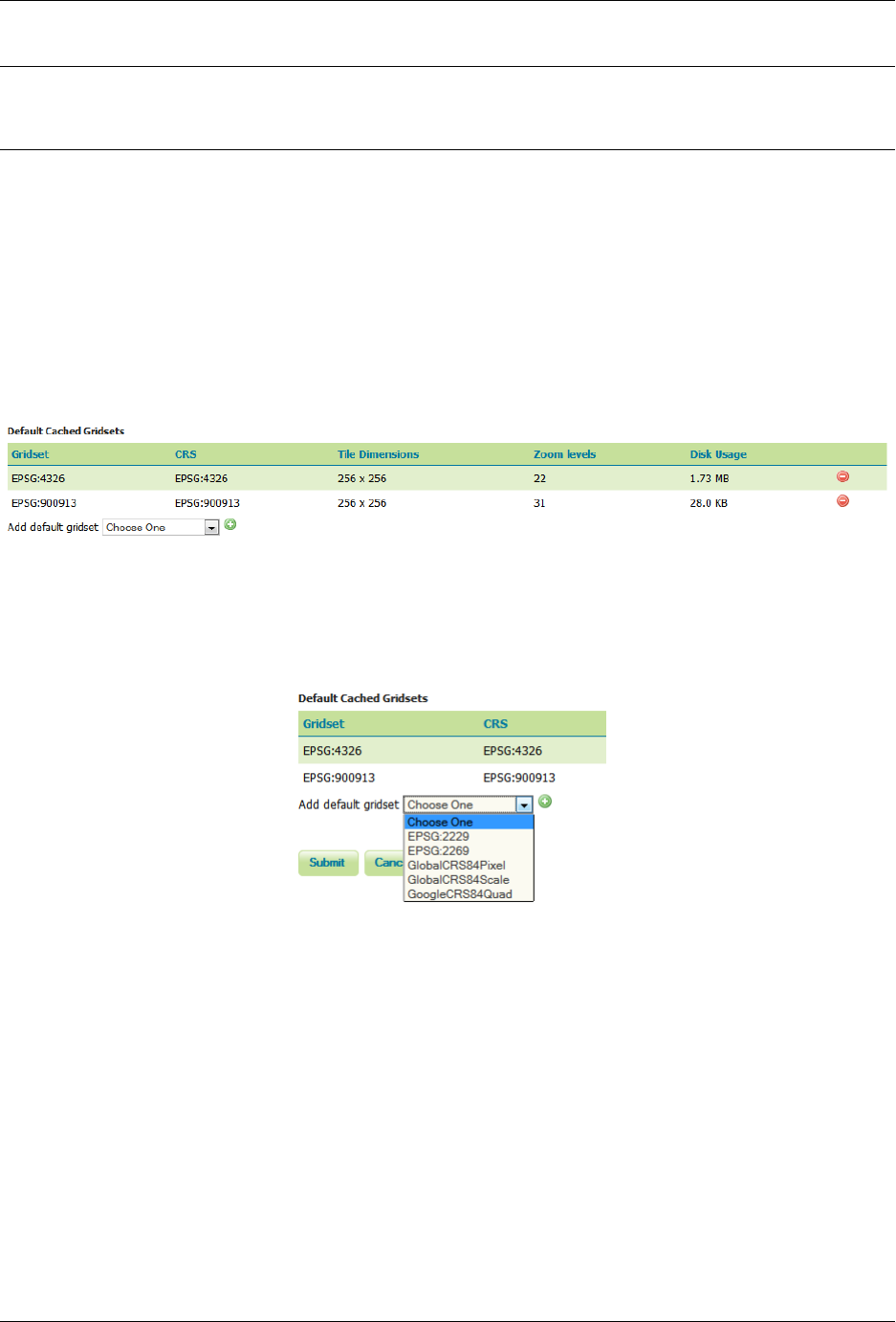
GeoServer User Manual, Release 2.15.1
Note: Note that in the TileCaching tab for each Layer, you may decide to disable in memory caching for
the selected Layer by clicking on the Enable In Memory Caching for this Layer checkbox. This option is
disabled for those cache which don’t support this feature.
Default Cached Gridsets
This section shows the gridsets that will be automatically configured for cached layers. While there are
some pre-configured gridsets available, only two are enabled by default. These correspond to the most
common and universal cases:
• EPSG:4326 (geographic) with 22 maximum zoom levels and 256x256 pixel tiles
• EPSG:900913 (spherical Mercator) with 31 maximum zoom levels and 256x256 pixel tiles
Fig. 14.10: Default gridsets
To add a pre-existing grid set, select it from the Add default grid set menu, and click the Add icon (green
circle with plus sign).
Fig. 14.11: Adding an existing gridset to the list of defaults
These definitions are described in more detail on the Gridsets page.
14.1.4 Gridsets
A gridset defines a spatial reference system, bounding box (extent), a list of zoom levels (resolutions or scale
denominators), and tile dimensions. Tile requests must conform to the gridset matrix, otherwise caching
will not occur.
This page allows you to edit existing saved gridsets or create new ones. There are five preconfuigred
gridsets, all in one of two coordinate reference systems: EPSG:4326 and EPSG:900913. For additional CRS
support, new gridsets can be created. Another reason to create a new gridset would be to set a different tile
size or different number of zoom levels.
14.1. GeoWebCache settings 1505
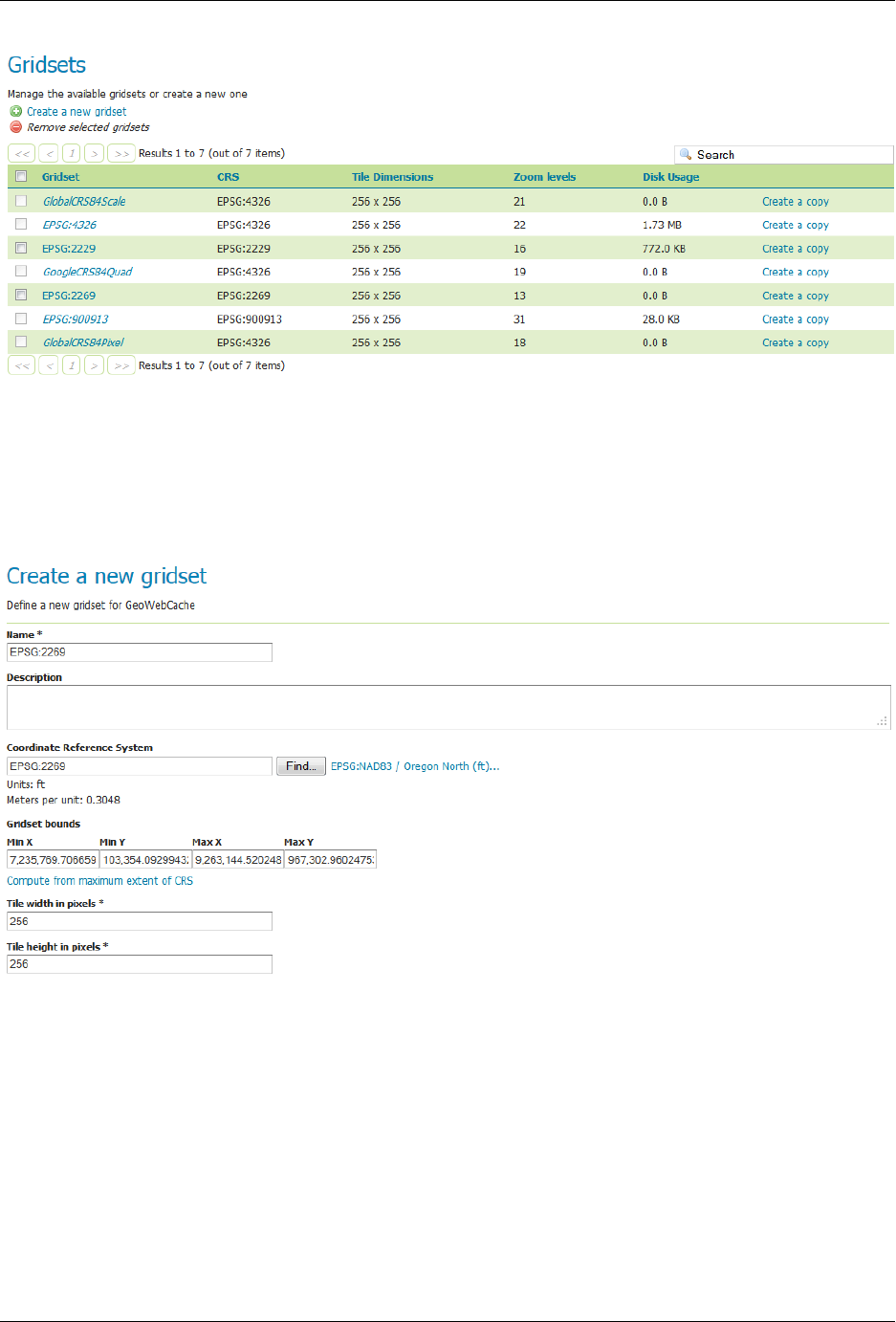
GeoServer User Manual, Release 2.15.1
Fig. 14.12: Gridsets menu
Creating a new gridset
To create a new gridset, click Create new gridset. You will then be asked to enter a range of parameters.
Fig. 14.13: Creating a new gridset
Name
The short name of the new gridset.
Description
Metadata on the gridset.
1506 Chapter 14. GeoWebCache
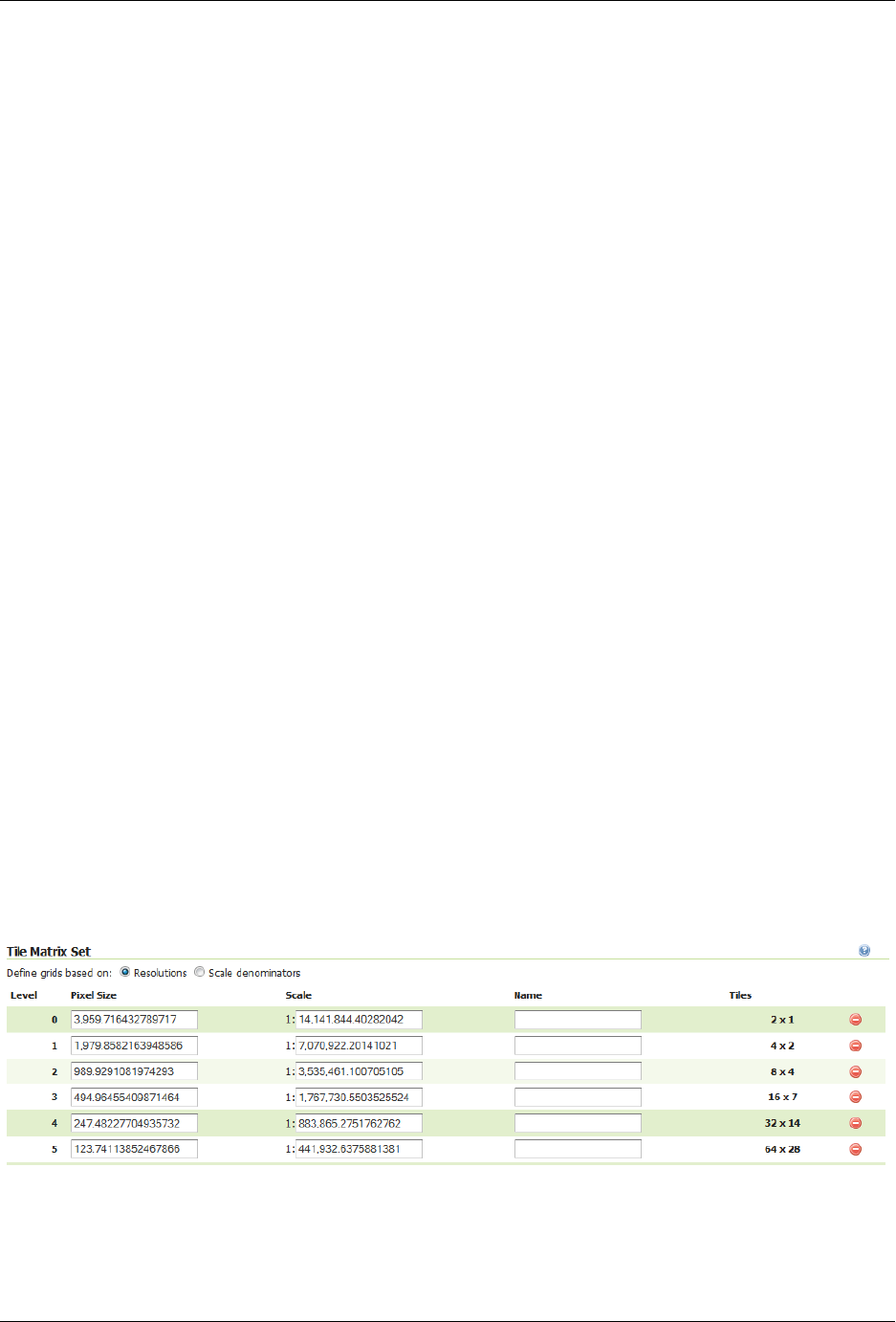
GeoServer User Manual, Release 2.15.1
Coordinate Reference System
The Coordinate Reference System (CRS) to use in the gridset. You can select from any CRS that GeoServer
recognizes. After selection, both the units (meters, feet, degrees, etc.) and the number of meters per unit
will be displayed.
Gridset bounds
Sets the maximum extent for the gridset. Typically this is set to be the maximum extent of the CRS used,
but a smaller value can be substituted if desired. To populate the max extent in the fields, click Compute
from maximum extent of CRS.
Tile width and height
Sets the tile dimensions. Default is 256x256 pixels. The tile dimensions can be anything from 16 to 2048
pixels. In addition, the tiles need not be square.
Tile matrix set
The tile matrix set (or tile pyramid) is a list of zoom levels containing ever increasing amounts of tiles. This
three dimensional collection of tile “slots” creates the framework where actual image tiles will be saved.
You can define the tile matrix based on resolutions or scale denominators.
Click Add zoom level to generate the first zoom level. The parameters will be automatically configured such
that the full extent of will be contained by a single pixel’s height. The number of pixels in a given zoom
level will be displayed, along with the Pixel Size, Scale, and an optional Name, where you can give a name
to each zoom level if desired.
Typically each additional zoom level is twice as large in each dimension, and so contains four times as many
tiles as the previous zoom level. The actual values will be populated automatically during subsequent
clicking of the Add zoom level link. These defaults are usually sufficient, and you need only determine the
maximum number of zoom levels desired for this gridset.
When finished, click Save. Before you will be able to use this new gridset with a layer, you will need to add
this gridset to the layer’s list of available gridsets. This is done on an individual layer’s properties page. You
can also add this gridset to the default list on the Caching defaults page.
Fig. 14.14: Tile matrix set
14.1. GeoWebCache settings 1507
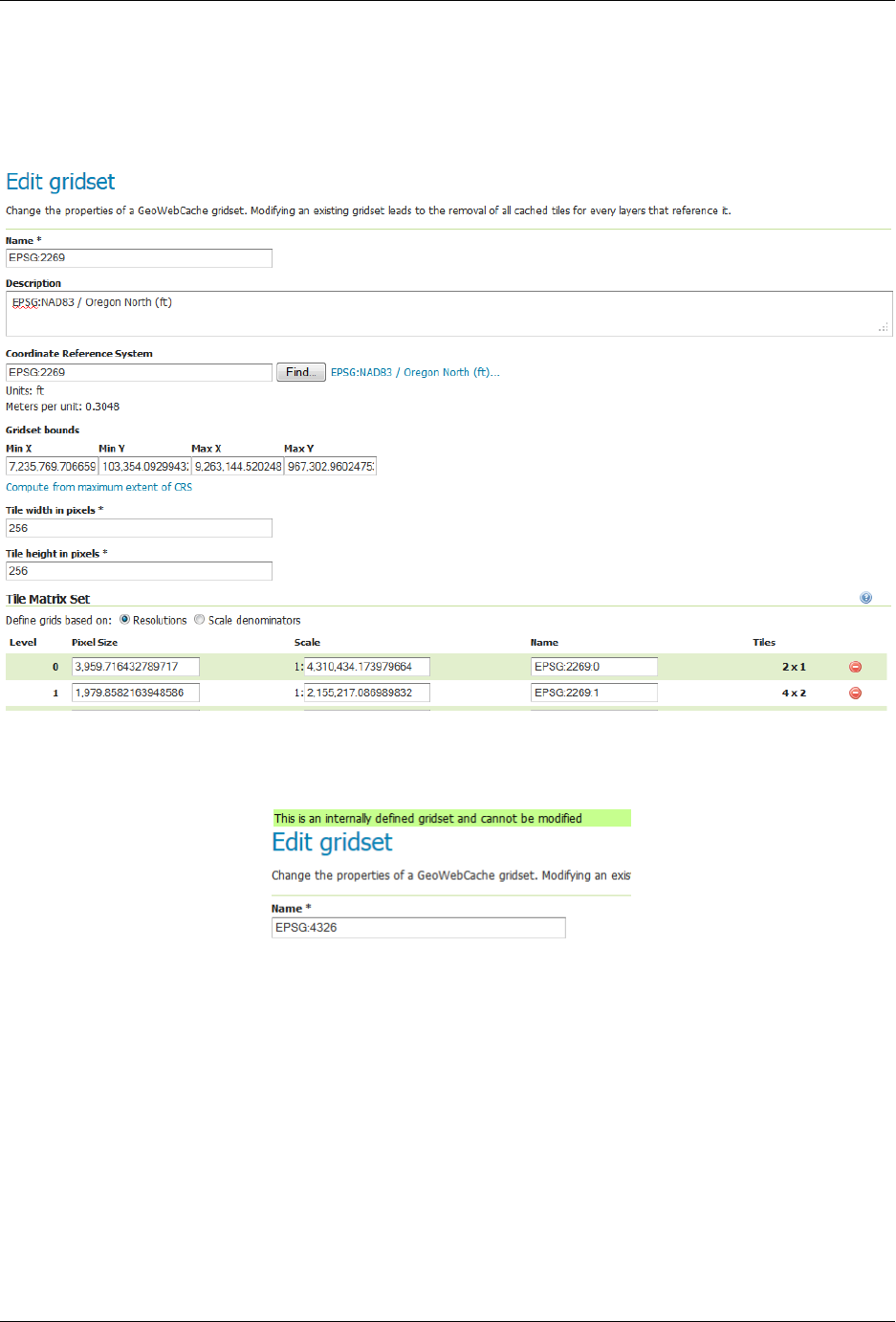
GeoServer User Manual, Release 2.15.1
Editing a gridset
Click an existing gridset to open it for editing. Please note that the built-in gridsets cannot be edited. They
can, however, be copied.
Fig. 14.15: Editing a gridset
Fig. 14.16: This gridset is read-only
Copying a gridset
As there are many configuration options for a gridset, it is often more convenient to copy an existing gridset.
For any of the existing gridsets, click the Create a copy link to copy the gridset information to a new gridset.
Removing a gridset
To remove a gridset, select the check box next to the gridset or gridsets, and click Remove selected gridsets.
1508 Chapter 14. GeoWebCache
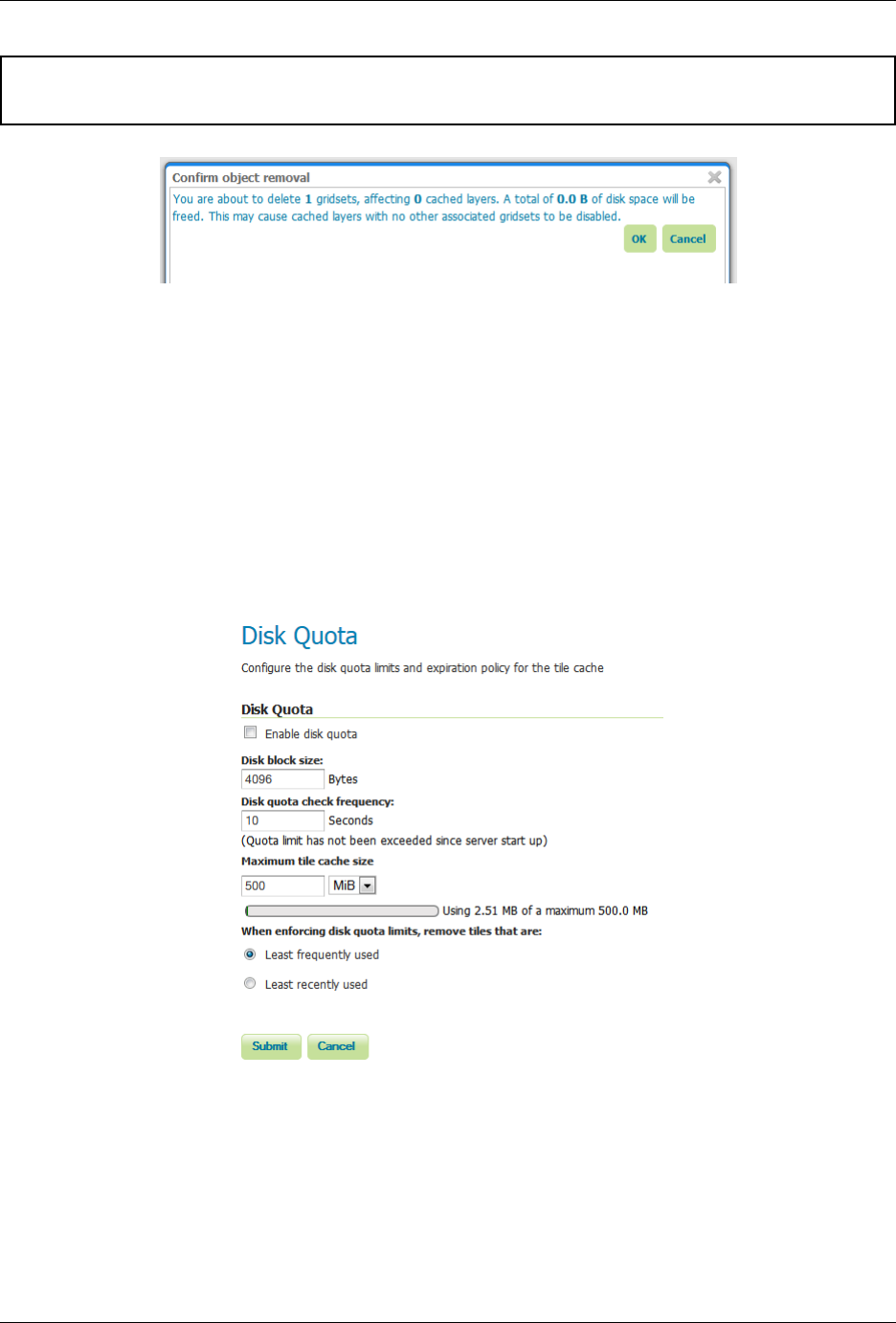
GeoServer User Manual, Release 2.15.1
Warning: Removing a gridset definition will remove not only the gridset definition, but also any tiles
on any layers generated with this gridset.
Fig. 14.17: Removing a gridset
14.1.5 Disk Quotas
The Disk Quotas page manages the disk usage for cached tiles and allows you to set the global disk quota.
Individual layer quotas can be set in the layer’s properties page.
By default, disk usage for cached tiles is unbounded. However, this can cause disk capacity issues, espe-
cially when using Direct WMS integration (see Disk Quotas for more on this). Setting a disk quota establishes
disk usage limits.
When finished making any changes, remember to click Submit.
Fig. 14.18: Disk quota
Enable disk quota
When enabled, the disk quota will be set according to the options listed below. The setting is disabled by
default.
14.1. GeoWebCache settings 1509
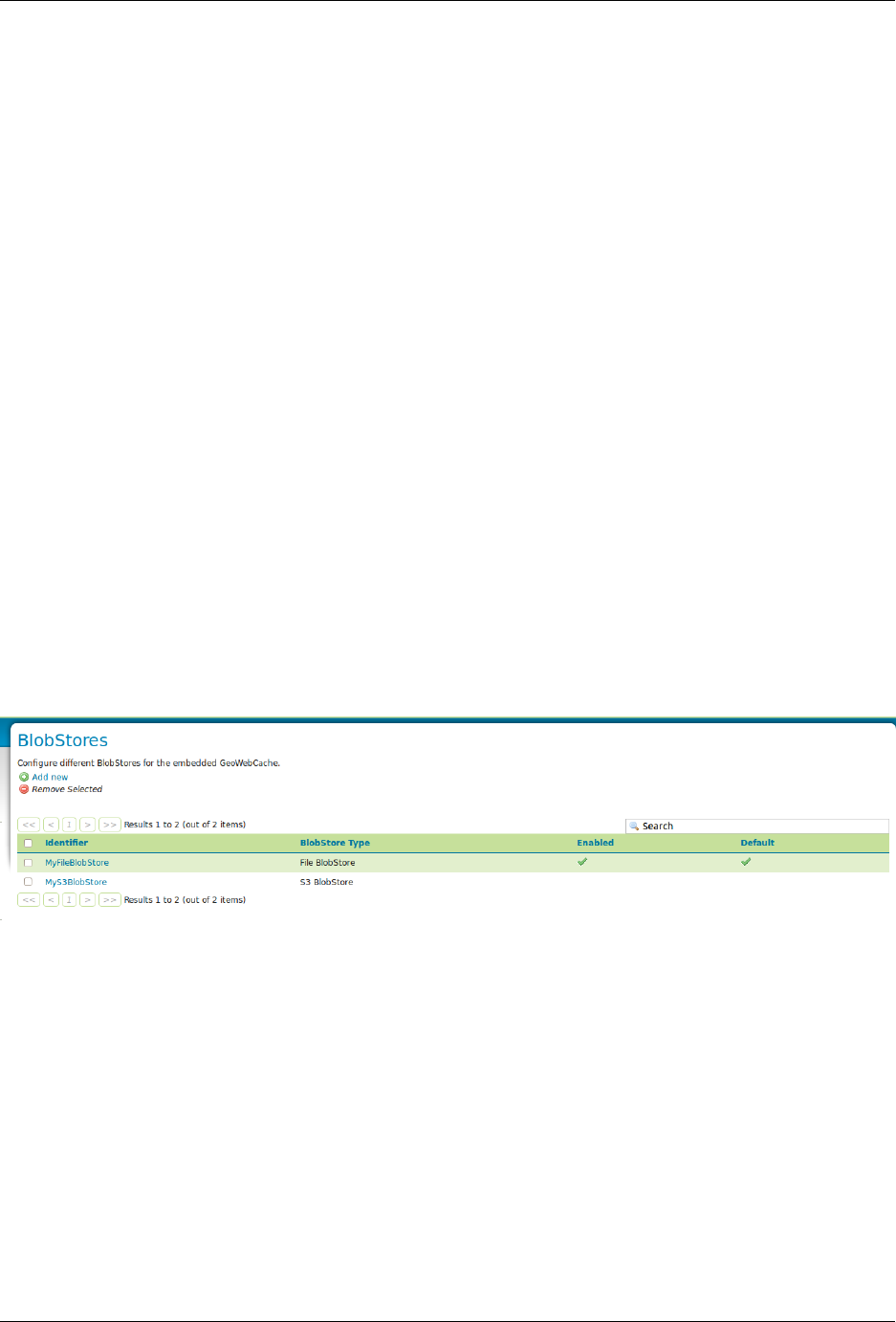
GeoServer User Manual, Release 2.15.1
Disk quota check frequency
This setting determines how often the cache is polled for any overage. Smaller values (more frequent
polling) will slightly increase disk activity, but larger values (less frequent polling) may cause the disk
quota to be temporarily exceeded. The default is 10 seconds.
Maximum tile cache size
The maximum size for the cache. When this value is exceeded and the cache is polled, tiles will be removed
according to the policy. Note that the unit options are mebibytes (MiB) (approx. 1.05MB), gibibytes (GiB)
(approx. 1.07GB), and tebibytes (TiB) (approx. 1.10TB). Default is 500 MiB.
The graphic below this setting illustrates the size of the cache relative to the disk quota.
Tile removal policy
When the disk quota is exceeded, this policy determines how the tiles to be deleted are identified. Options
are Least Frequently Used (removes tiles based on how often the tile was accessed) or Least Recently Used
(removes tiles based on date of last access). The optimum configuration is dependent on your data and
server usage.
14.1.6 BlobStores
BlobStores allow us to configure how and where GeoWebCache will store its cashed data on a per-layer
basis. This page allows us to define the different BlobStores present in the system. BlobStores can be
created, modified and removed from here.
General
Identifier
Each BlobStore has a unique identifier.
BlobStore Type
There can be different BlobStore types to use different ways of storage. There is only standard support for
File BlobStores. Plugins may add additional types.
1510 Chapter 14. GeoWebCache
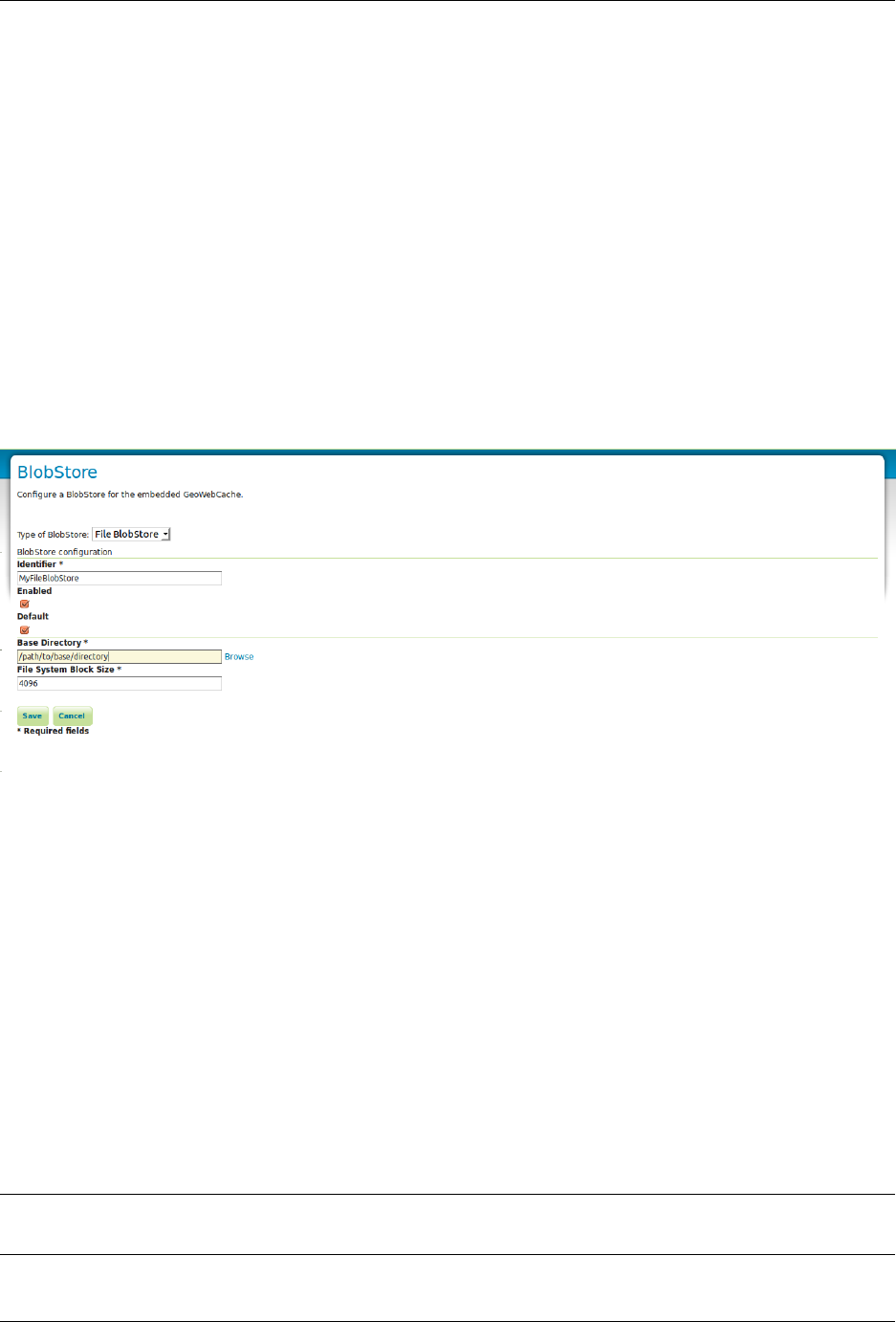
GeoServer User Manual, Release 2.15.1
Enabled
Disabled BlobStores will not be loaded. Disabling a BlobStore will disable cashing for all layers and layer-
groups assigned to that BlobStore.
Default
There should always be one default BlobStore, which cannot be removed. The default BlobStore will be
used by all layers not assigned to a specific BlobStore. Removing a BlobStore will cause all layers assigned
to this BlobStore to use the default BlobStore until specified otherwise.
File BlobStore
These store data on a disk in a specified directory.
Base Directory
The directory where the cashed data is stored.
Disk block size
This setting determines how the tile cache calculates disk usage. The value for this setting should be equiv-
alent to the disk block size of the storage medium where the cache is located. The default block size is 4096
bytes.
14.2 Using GeoWebCache
Note: For an more in-depth discussion of using GeoWebCache, please see the GeoWebCache documenta-
tion.
14.2. Using GeoWebCache 1511
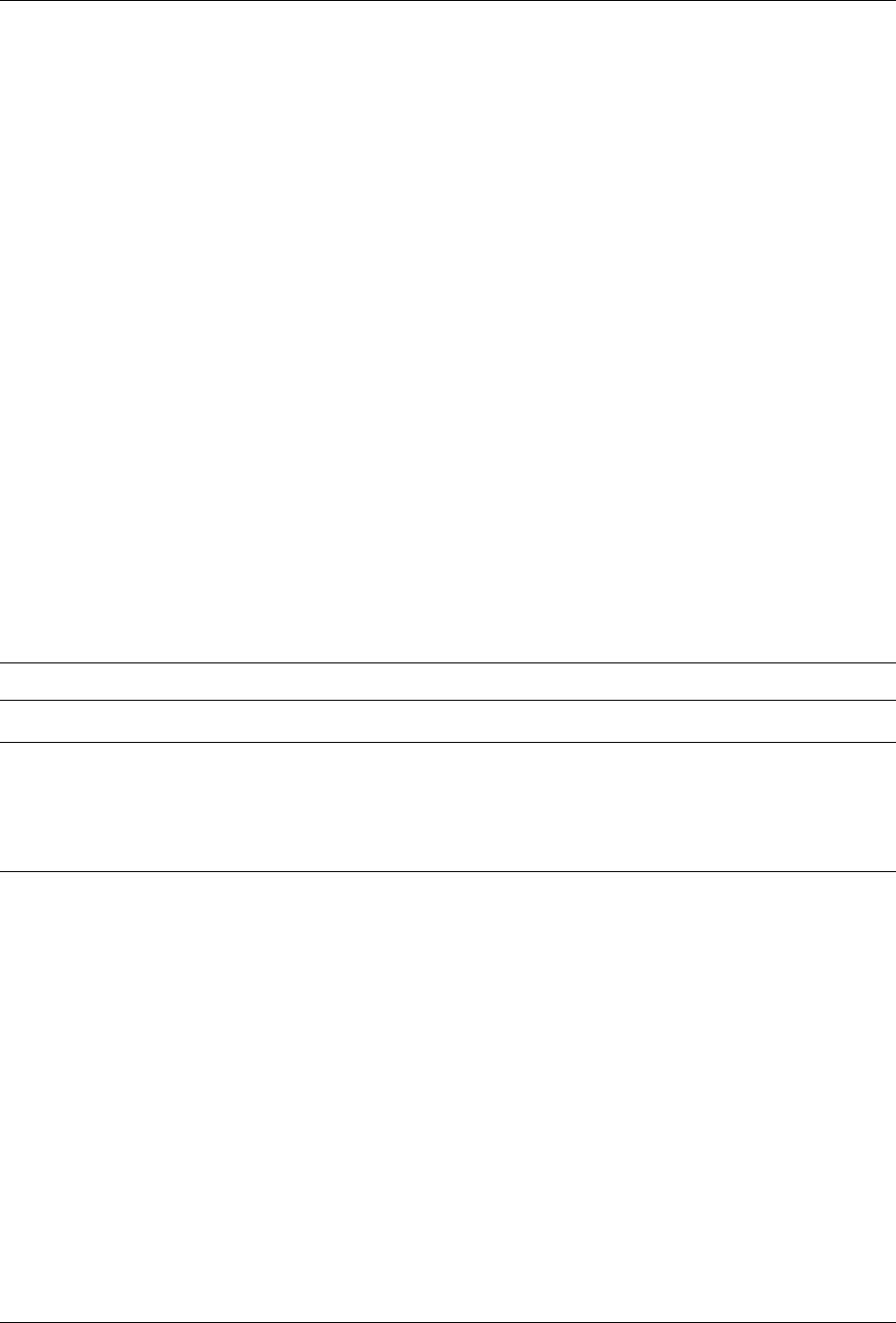
GeoServer User Manual, Release 2.15.1
14.2.1 Direct integration with GeoServer WMS
GeoWebCache can be transparently integrated with the GeoServer WMS, and so requires no special end-
point or custom URL. In this way one can have the simplicity of a standard WMS endpoint with the perfor-
mance of a tiled client.
Although this direct integration is disabled by default, it can be enabled by going to the Caching defaults
page in the Web administration interface.
When this feature is enabled, GeoServer WMS will cache and retrieve tiles from GeoWebCache (via a
GetMap request) only if all of the following criteria are followed:
• WMS Direct integration is enabled (you can set this on the Caching defaults page)
•tiled=true is included in the request
• The request only references a single layer
• Caching is enabled for that layer
• The image requested is of the same height and width as the size saved in the layer configuration
• The requested CRS matches one of the available tile layer gridsets
• The image requested lines up with the existing grid bounds
• A parameter is included for which there is a corresponding Parameter Filter
In addition, when direct integration is enabled, the WMS capabilities document (via a GetCapabilities re-
quest) will only return the WMS-C vendor-specific capabilities elements (such as a <TileSet> element for
each cached layer/CRS/format combination) if tiled=true is appended to the GetCapabilities request.
Note: For more information on WMS-C, please see the WMS Tiling Client Recommendation from OSGeo.
Note: GeoWebCache integration is not compatible with the OpenLayers-based Layer Preview, as the pre-
view does not usually align with the GeoWebCache layer gridset. This is because the OpenLayers appli-
cation calculates the tileorigin based on the layer’s bounding box, which is different from the gridset.
It is, possible to create an OpenLayers application that caches tiles; just make sure that the tileorigin
aligns with the gridset.
Virtual services
When direct WMS integration is enabled, GeoWebCache will properly handle requests to Virtual Services
(/geoserver/<workspace>/wms?tiled=true&...).
Virtual services capabilities documents will contain <TileSet> entries only for the layers that belong to
that workspace (and global layer groups), and will be referenced by unqualified layer names (no names-
pace). For example, the layer topp:states will be referred to as <Layers>states</Layers> in-
stead of <Layers>topp:states</Layers>, and GetMap requests to the virtual services endpoint using
LAYERS=states will properly be handled.
Supported parameter filters
With direct WMS integration, the following parameter filters are supported for GetMap requests:
•ANGLE
1512 Chapter 14. GeoWebCache
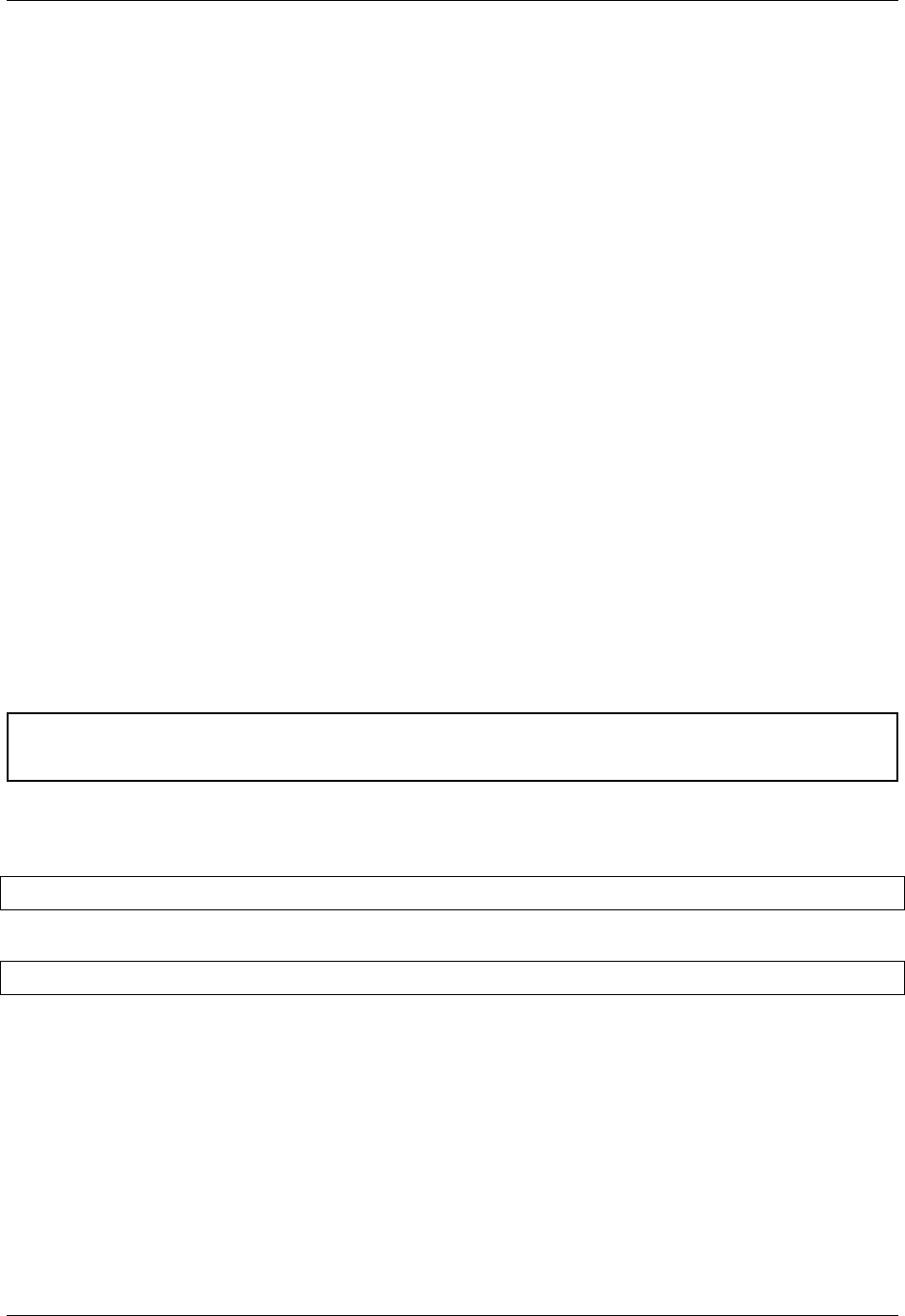
GeoServer User Manual, Release 2.15.1
•BGCOLOR
•BUFFER
•CQL_FILTER
•ELEVATION
•ENV
•FEATUREID
•FEATUREVERSION
•FILTER
•FORMAT_OPTIONS
•MAXFEATURES
•PALETTE
•STARTINDEX
•TIME
•VIEWPARAMS
If a request is made using any of the above parameters, the request will be passed to GeoServer, unless a
parameter filter has been set up, in which case GeoWebCache will process the request.
14.2.2 GeoWebCache endpoint URL
When not using direct integration, you can point your client directly to GeoWebCache.
Warning: GeoWebCache is not a true WMS, and so the following is an oversimplification. If you
encounter errors, see the Troubleshooting page for help.
To direct your client to GeoWebCache (and thus receive cached tiles) you need to change the WMS URL.
If your application requests WMS tiles from GeoServer at this URL:
http://example.com/geoserver/wms
You can invoke the GeoWebCache WMS instead at this URL:
http://example.com/geoserver/gwc/service/wms
In other words, add /gwc/service/wms in between the path to your GeoServer instance and the WMS
call.
This end-point works using either:
• WMS-C: A tileset description is included in the WMS GetCapabilities document instructing clients
how to retrieve content as a series of tiles (each retrieved by a GetMap request). This technique
supports HTTP caching taking advantage of the browser cache and any caching proxies deployed.
This technique requires a client to be created with tile server support.
• full-wms mode: GeoWebCache behaves as normal WMS supported ad-hoc WMS GetMapRequests.
Each WMS Request is handled by obtaining the tiles required and stitching the result into a single
14.2. Using GeoWebCache 1513
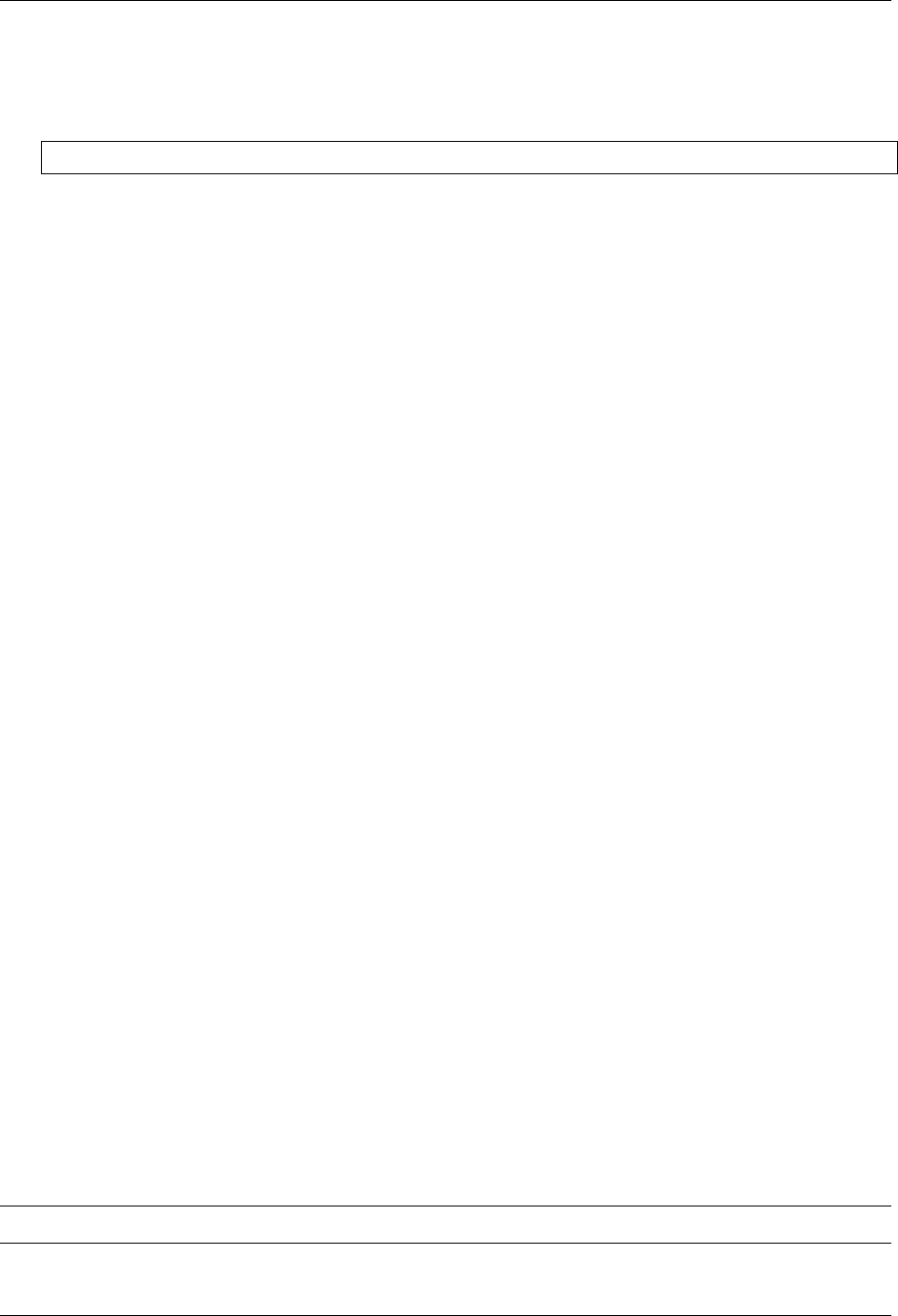
GeoServer User Manual, Release 2.15.1
image. This technique relies only on internal tile cache, but supports ad-hoc GetMap requests and
does not require a client be constructed with tile server support.
To enable this mode add the following in geowebcache.xml configuration file:
<fullWMS>true</fullWMS>
The fullWMS setting only effects the /gwc/service/wms endpoint and is not used by direct WMS
integration.
As soon as tiles are requested through the gwc/service/wms endpoint GeoWebCache automatically starts
saving them. The initial requests for each tile will not be accelerated since GeoServer will need to generate
the tile and store it from subsequent use. To automate this process of requesting tiles, you can seed the
cache. See the section on Seeding and refreshing for more details.
14.2.3 Disk quota
GeoWebCache has a built-in disk quota feature to prevent disk space from growing unbounded. You can
set the maximum size of the cache directory, poll interval, and what policy of tile removal to use when the
quota is exceeded. Tiles can be removed based on usage (“Least Frequently Used” or LFU) or timestamp
(“Least Recently Used” or LRU).
Disk quotas are turned off by default, but can be configured on the Disk Quotas page in the Web administra-
tion interface.
14.2.4 Integration with external mapping sites
The documentation on the GeoWebCache homepage contains examples for creating applications that inte-
grate with Google Maps, Google Earth, Bing Maps, and more.
14.2.5 Support for custom projections
The version of GeoWebCache that comes embedded in GeoServer automatically configures every layer
served in GeoServer with the two most common projections:
•EPSG:4326 (latitude/longitude)
•EPSG:900913 (Spherical Mercator, the projection used in Google Maps)
You can also set a custom CRS from any that GeoServer recognizes. See the Gridsets page for details.
14.3 Configuration
GeoWebCache is automatically configured for use with GeoServer using the most common options, with no
setup required. All communication between GeoServer and GeoWebCache happens by passing messages
inside the JVM.
By default, all layers served by GeoServer will be known to GeoWebCache. See the Tile Layers page to test
the configuration.
Note: Version 2.2.0 of GeoServer introduced changes to the configuration of the integrated GeoWebCache.
1514 Chapter 14. GeoWebCache

GeoServer User Manual, Release 2.15.1
14.3.1 Integrated user interface
GeoWebCache has a full integrated web-based configuration. See the GeoWebCache settings section in the
Web administration interface.
14.3.2 Determining tiled layers
In versions of GeoServer prior to 2.2.0, the GeoWebCache integration was done in a such way that every
GeoServer layer and layer group was forced to have an associated GeoWebCache tile layer. In addition,
every such tile layer was forcedly published in the EPSG:900913 and EPSG:4326 gridsets with PNG and
JPEG output formats.
It is possible to selectively turn caching on or off for any layer served through GeoServer. This setting can
be configured in the Tile Layers section of the Web administration interface.
14.3.3 Configuration files
It is possible to configure most aspects of cached layers through the GeoWebCache settings section in the Web
administration interface or the GeoWebCache REST API.
GeoWebCache keeps the configuration for each GeoServer tiled layer separately, inside the <data_dir>/
gwc-layers/ directory. There is one XML file for each tile layer. These files contain a different syntax
from the <wmsLayer> syntax in the standalone version and are not meant to be edited by hand. Instead
you can configure tile layers on the Tile Layers page or through the GeoWebCache REST API.
Configuration for the defined gridsets is saved in <data_dir>/gwc/geowebcache.xml` so that the
integrated GeoWebCache can continue to serve externally-defined tile layers from WMS services outside
GeoServer.
If upgrading from a version prior to 2.2.0, a migration process is run which creates a tile layer configuration
for all the available layers and layer groups in GeoServer with the old defaults. From that point on, you
should configure the tile layers on the Tile Layers page.
14.3.4 Changing the cache directory
GeoWebCache will automatically store cached tiles in a gwc directory inside your GeoServer data directory.
To set a different directory, stop GeoServer (if it is running) and add the following code to your GeoServer
web.xml file (located in the WEB-INF directory):
<context-param>
<param-name>GEOWEBCACHE_CACHE_DIR</param-name>
<param-value>C:\temp</param-value>
</context-param>
Change the path inside <param-value> to the desired cache path (such as C:\temp or /tmp). Restart
GeoServer when done.
Note: Make sure GeoServer has write access in this directory.
14.3. Configuration 1515

GeoServer User Manual, Release 2.15.1
14.3.5 GeoWebCache with multiple GeoServer instances
For stability reasons, it is not recommended to use the embedded GeoWebCache with multiple GeoServer
instances. If you want to configure GeoWebCache as a front-end for multiple instances of GeoServer, we
recommend using the standalone GeoWebCache.
14.3.6 GeoServer Data Security
GWC Data Security is an option that can be turned on and turned off through the Caching defaults page. By
default it is turned off.
When turned on, the embedded GWC will do a data security check before calling GeoWebCache, i.e. verify
whether the user actually has access to the layer, and reject the request if this is not the case. In the case of
WMS-C requests, there is also limited support for data access limit filters, only with respect to geographic
boundaries (all other types of data access limits will be ignored). The embedded GWC will reject requests
for which the requested bounding box is (partly) inaccessible. It is only possible to request a tile within a
bounding box that is fully accessible. This behaviour is different from the regular WMS, which will filter
the data before serving it. However, if the integrated WMS/WMS-C is used, the request will be forwarded
back to WMS and give the desired result.
When using the default GeoServer security system, rules cannot combine data security with service security.
However, when using a security subsystem it may be possible to make such particular combinations. In
this case the WMS-C service inherits all security rules from the regular WMS service; while all other GWC
services will get their security from rules associated with the ‘GWC’ service itself.
14.3.7 Configuring In Memory Caching
GWC In Memory Caching is a new feature which allows to cache GWC tiles in memory reducing their
access time. User can also choose to avoid to store the files on the disk if needed. For enabling/disabling
these features the user may see the related section on the TileCaching Caching defaults page.
Actually there are only two Caching methods:
• Guava Caching
• Hazelcast Caching
Guava Cache
Guava Cache provides a local in-memory cache to use for a single GeoServer instance. For configuring
Guava Caching the user must only edit the configuration parameters in the Caching Defaults page.
Hazelcast Cache
Hazelcast is an open-source API for distributed structures like clusters. GWC supports this API for creating
a distributed in memory cache. At the time of writing, Hazelcast requires the installation of the gs-gwc-
distributed plugin in the WEB_INF/lib directory of your geoserver application. This plugin can be found at
the following link.
There are 2 ways for configuring distributed caching in GWC:
• Using an XML file called hazelcast.xml. This file must be located in a directory indicated by the JVM
parameter hazelcast.config.dir
• Directly, by configuring a bean inside the GeoServer application context
1516 Chapter 14. GeoWebCache
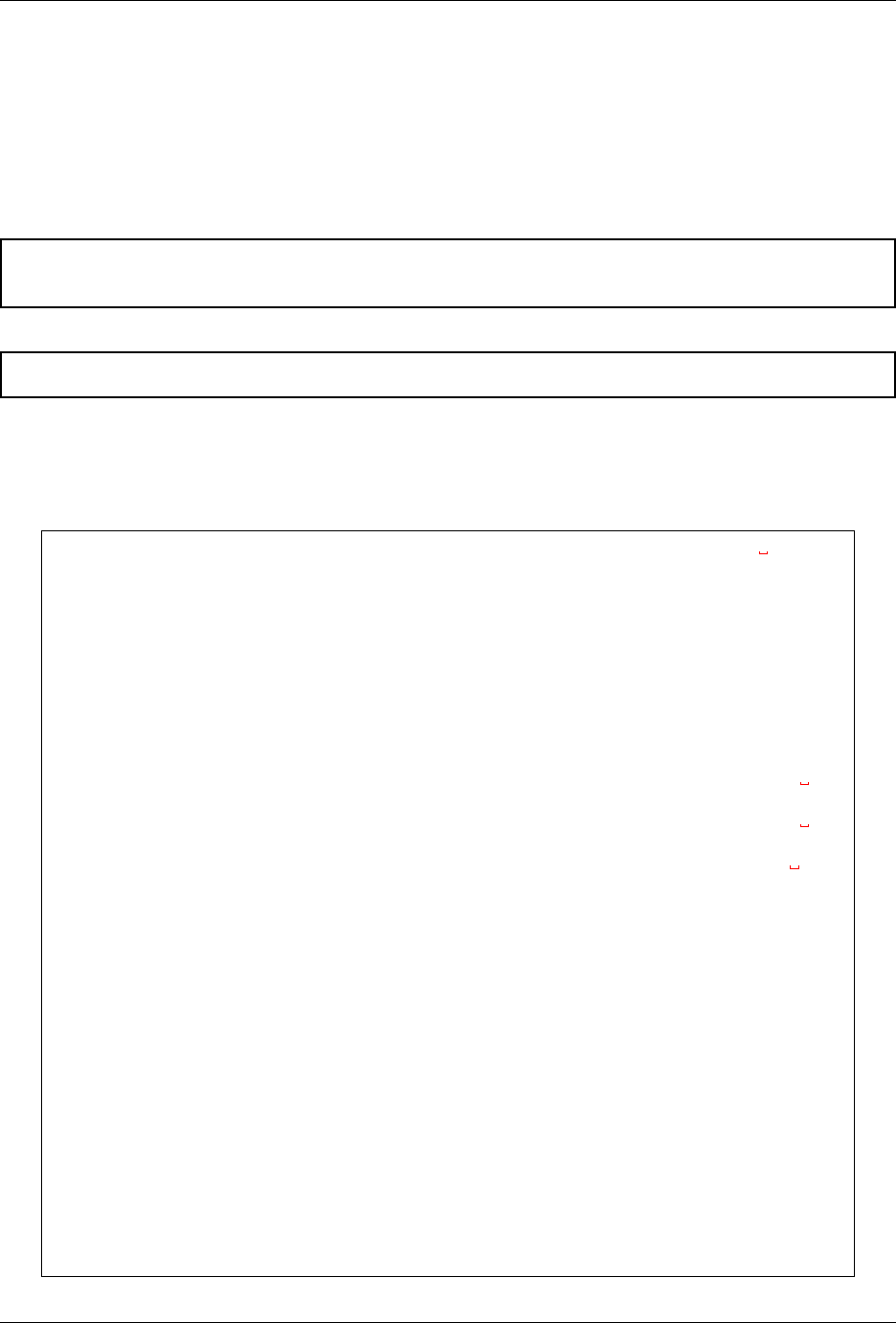
GeoServer User Manual, Release 2.15.1
Both the 2 configurations should define the following parameters:
1. The Hazelcast configuration requires a Map object with name CacheProviderMap
2. Map eviction policy must be LRU or LFU
3. Map configuration must have a fixed size defined in Mb
4. Map configuration must have USED_HEAP_SIZE as MaxSizePolicy
Warning: Be careful that all the cluster instances have the same configuration, because different config-
urations may result in incorrect Hazelcast behaviour.
Warning: In order to avoid missing tiles, the cluster instances should access the same data.
Configuration with hazelcast.xml
Here can be found an example file:
<hazelcast xsi:schemaLocation="http://www.hazelcast.com/schema/config
,→hazelcast-config-2.3.xsd"
xmlns="http://www.hazelcast.com/schema/config"
xmlns:xsi="http://www.w3.org/2001/XMLSchema-instance">
<group>
<name>cacheCluster</name>
<password>geoserverCache</password>
</group>
<network>
<!--
Typical usage: multicast enabled with port auto-increment
,→enabled
or tcp-ip enabled with port auto-increment disabled. Note
,→that you
must choose between multicast and tcp-ip. Another option
,→could be
aws, but will not be described here.
-->
<port auto-increment="false">5701</port>
<join>
<multicast enabled="false">
<multicast-group>224.2.2.3</multicast-group>
<multicast-port>54327</multicast-port>
</multicast>
<tcp-ip enabled="true">
<interface>192.168.1.32</interface>
<interface>192.168.1.110</interface>
</tcp-ip>
</join>
</network>
<map name="CacheProviderMap">
<eviction-policy>LRU</eviction-policy>
14.3. Configuration 1517
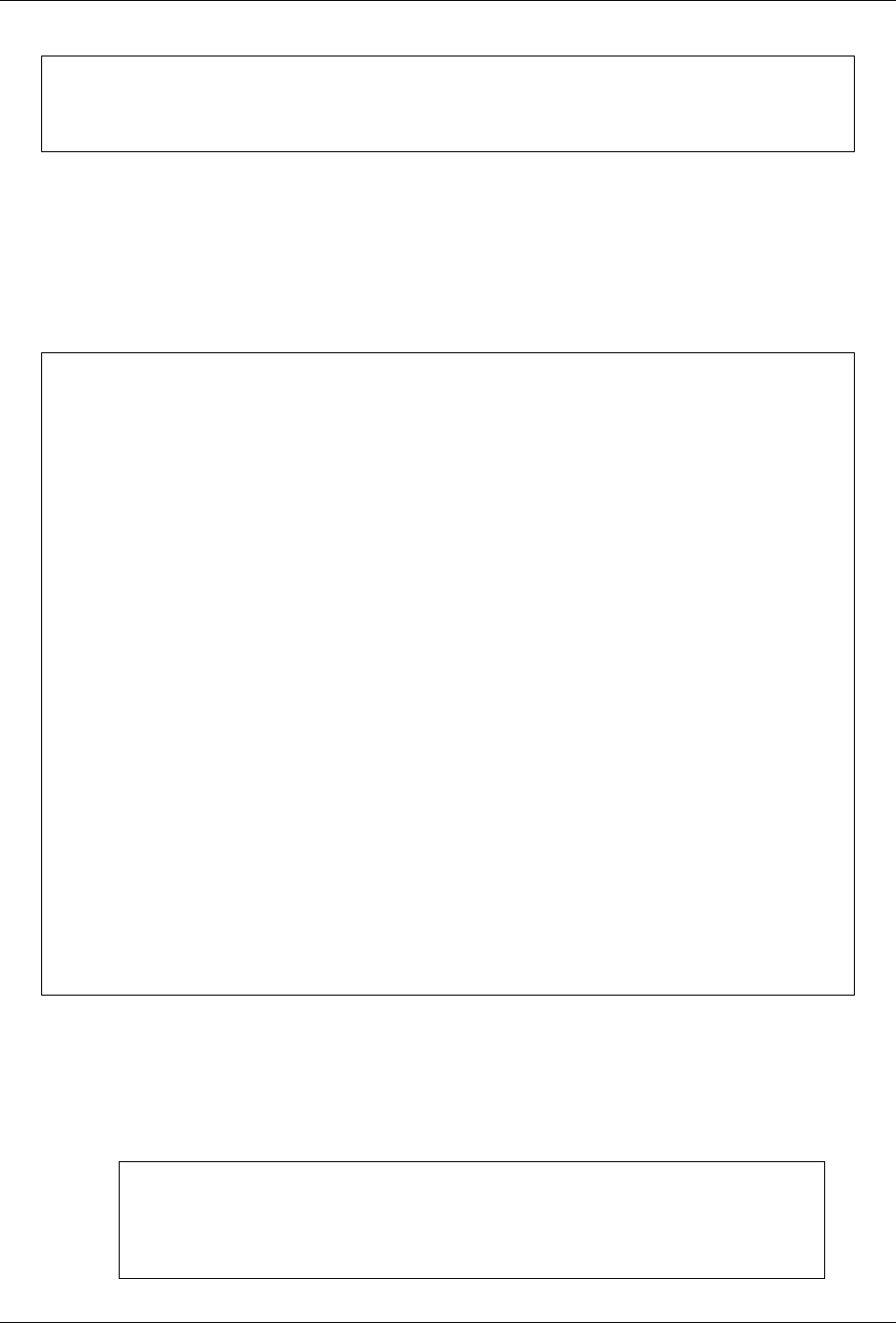
GeoServer User Manual, Release 2.15.1
<max-size policy="USED_HEAP_SIZE">16</max-size>
</map>
</hazelcast>
Configuration with ApplicationContext
For configuring caching directly from the GeoServer application context, the user must edit the file
geowebcache-distributed.xml inside the gs-gwc jar file. More informations about using Spring with Hazel-
cast can be found in the Hazelcast related documentation. The modified application context is presented
below:
<hz:hazelcast id="instance1">
<hz:config>
<hz:group name="dev" password="password" />
<hz:network port="5701" port-auto-increment="true">
<hz:join>
<hz:multicast enabled="true" multicast-group=
,→"224.2.2.3"
multicast-port="54327" />
<hz:tcp-ip enabled="false">
<hz:members>10.10.1.2, 10.10.1.3</hz:members>
</hz:tcp-ip>
</hz:join>
</hz:network>
<hz:map name="CacheProviderMap" max-size="16" eviction-
,→policy="LRU"
max-size-policy="USED_HEAP_SIZE" />
</hz:config>
</hz:hazelcast>
<bean id="HazelCastLoader1"
class="org.geowebcache.storage.blobstore.memory.distributed.
,→HazelcastLoader">
<property name="instance" ref="instance1" />
</bean>
<bean id="HazelCastCacheProvider1"
class="org.geowebcache.storage.blobstore.memory.distributed.
,→HazelcastCacheProvider">
<constructor-arg ref="HazelCastLoader1" />
</bean>
Optional configuration parameters
In this section are described other available configuration parameters to configure:
• Cache expiration time:
<map name="CacheProviderMap">
...
<time-to-live-seconds>0</time-to-live-seconds>
<max-idle-seconds>0</max-idle-seconds>
1518 Chapter 14. GeoWebCache
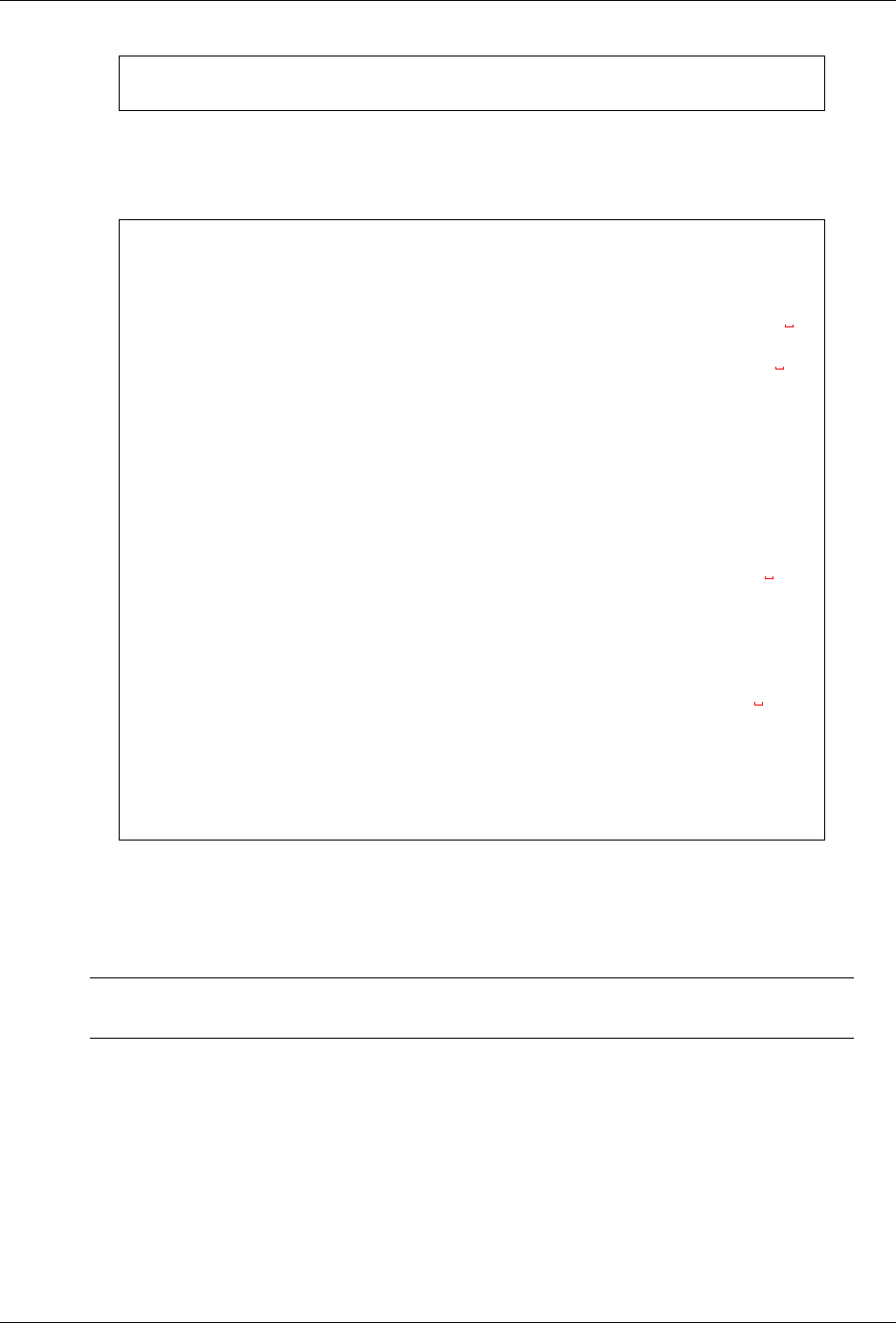
GeoServer User Manual, Release 2.15.1
</map>
Where time-to-live-seconds indicates how many seconds an entry can stay in cache and max-
idle-seconds indicates how many seconds an entry may be not accessed before being evicted.
• Near Cache.
<map name="CacheProviderMap">
...
<near-cache>
<!--
Same configuration parameters of the Hazelcast Map. Note
,→that size indicates the maximum number of
entries in the near cache. A value of Integer.MAX_VALUE
,→indicates no limit on the maximum
size.
-->
<max-size>5000</max-size>
<time-to-live-seconds>0</time-to-live-seconds>
<max-idle-seconds>60</max-idle-seconds>
<eviction-policy>LRU</eviction-policy>
<!--
Indicates if a cached entry can be evicted if the same
,→value is modified in the Hazelcast Map. Default is true.
-->
<invalidate-on-change>true</invalidate-on-change>
<!--
Indicates if local entries must be cached. Default is
,→false.
-->
<cache-local-entries>false</cache-local-entries>
</near-cache>
</map>
Near Cache is a local cache for each cluster instance which is used for caching entries in
the other cluster instances. This behaviour avoids requesting those entries each time by
executing a remote call. This feature could be helpful in order to improve Hazelcast Cache
performance.
Note: A value of max-size bigger or equal to Integer.MAX_VALUE cannot be used in order
to avoid an uncontrollable growth of the cache size.
14.4 Seeding and refreshing
The primary benefit to GeoWebCache is that it allows for the acceleration of normal WMS tile request
processing by eliminating the need for the tiles to be regenerated for every request. This page discusses tile
generation.
You can configure seeding processes via the Web administration interface. See the Tile Layers page for more
information.
14.4. Seeding and refreshing 1519

GeoServer User Manual, Release 2.15.1
14.4.1 Generating tiles
There are two ways for tiles to be generated by GeoWebCache. The first way for tiles to be generated is
during normal map viewing. In this case, tiles are cached only when they are requested from a client,
either through map browsing (such as in OpenLayers) or through manual WMS tile requests. The first
time a map view is requested it will be roughly at the same speed as a standard GeoServer WMS request.
The second and subsequent map viewings will be greatly accelerated as those tiles will have already been
generated. The main advantage to this method is that it requires no preprocessing, and that only the data
that has been requested will be cached, thus potentially saving disk space as well. The disadvantage to this
method is that map viewing will be only intermittently accelerated, reducing the quality of user experience.
The other way for tiles to be generated is by seeding. Seeding is the process where map tiles are generated
and cached internally from GeoWebCache. When processed in advance, the user experience is greatly
enhanced, as the user never has to wait for tiles to be generated. The disadvantage to this process is that
seeding can be a very time- and disk-consuming process.
In practice, a combination of both methods are usually used, with certain zoom levels (or certain areas of
zoom levels) seeded, and the less-likely-viewed tiles are left uncached.
14.5 HTTP Response Headers
The GeoWebCache integrated with GeoServer employs special information stored in the header of re-
sponses. These headers are available either with direct calls to the GeoWebCache endpoint or with direct
WMS integration.
14.5.1 Custom response headers
GeoWebCache returns both standard and custom HTTP response headers when serving a tile request. This
aids in the debugging process, as well as adhering to an HTTP 1.1 transfer control mechanism.
The response headers can be determined via a utility such as cURL.
Example
Note: For all cURL commands below, make sure to replace >/dev/null with >nul if you are running on
Windows.
This is a sample request and response using cURL:
curl -v "http://localhost:8080/geoserver/gwc/service/wms?LAYERS=sde%3Abmworld&
,→FORMAT=image%2Fpng&SERVICE=WMS&VERSION=1.1.1&REQUEST=GetMap&STYLES=&SRS=EPSG%3A4326&
,→BBOX=-180,-38,-52,90&WIDTH=256&HEIGHT=256&tiled=true" > /dev/null
<HTTP/1.1 200 OK
<geowebcache-tile-index: [0,1,2]
<geowebcache-cache-result: HIT
<geowebcache-tile-index: [0,1,2]
<geowebcache-tile-bounds: -180.0,-38.0,-52.0,90.0
<geowebcache-gridset: GlobalCRS84Pixel
<geowebcache-crs: EPSG:4326
<Content-Type: image/png
1520 Chapter 14. GeoWebCache
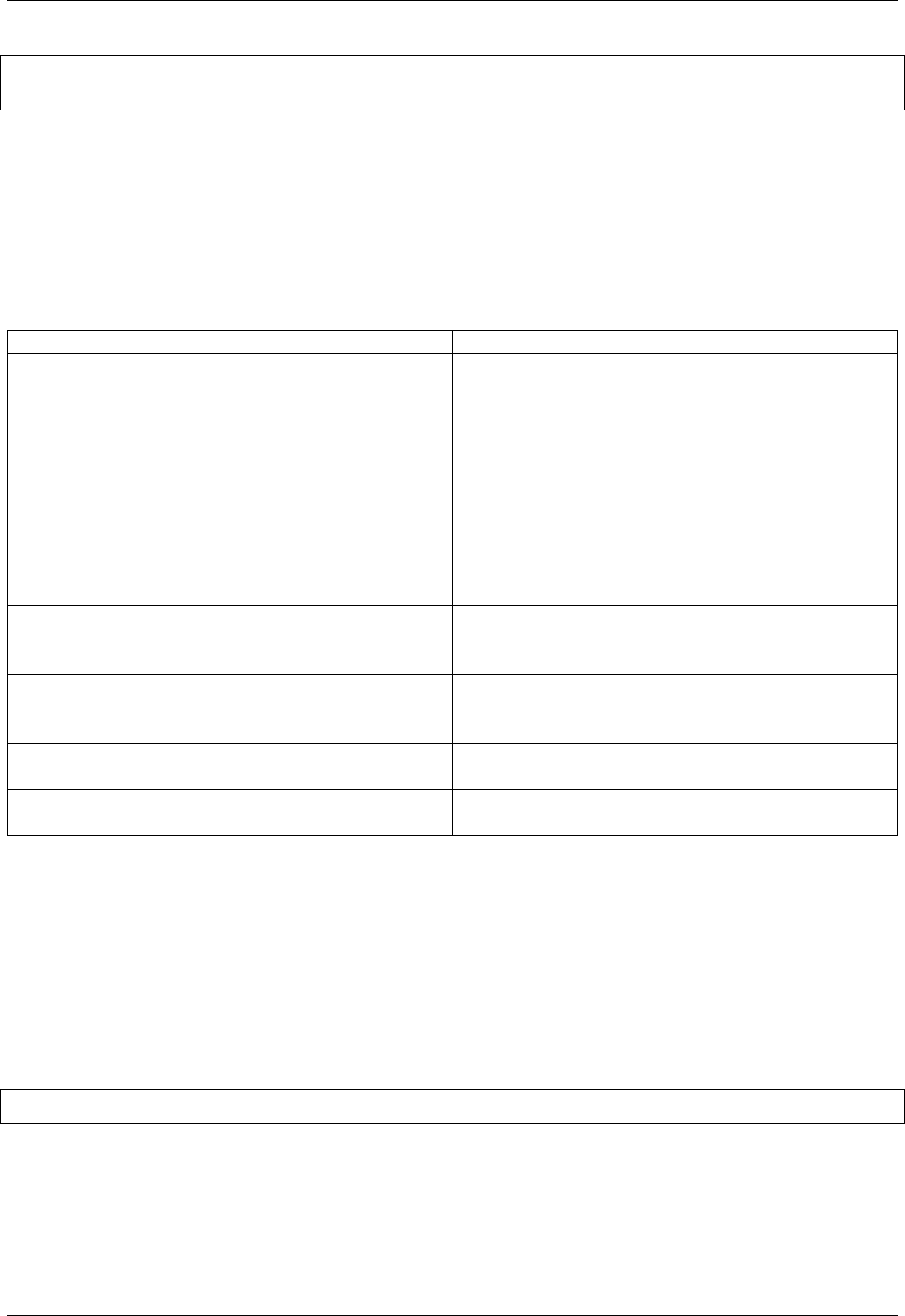
GeoServer User Manual, Release 2.15.1
<Content-Length: 102860
<Server: Jetty(6.1.8)
From this, one can learn that the tile was found in the cache (HIT), the requested tile was from the gridset
called GlobalCRS84Pixel and had a CRS of EPSG:4326.
List of custom response headers
The following is the full list of custom response headers. Whenever GeoWebCache serves a tile request, it
will write some or all of the following custom headers on the HTTP response.
Response Header Description
geowebcache-cache-result Shows whether the GeoWebCache WMS was used.
Options are:
•HIT: Tile requested was found on the cache
•MISS: Tile was not found on the cache but
was acquired from the layer’s data source
•WMS: Request was proxied directly to the ori-
gin WMS (for example, for GetFeatureInfo
requests)
•OTHER: Response was the default
white/transparent tile or an error occurred
geowebcache-tile-index Contains the three-dimensional tile index in x,y,z
order of the returned tile image in the correspond-
ing grid space (e.g. [1, 0, 0])
geowebcache-tile-bounds Bounds of the returned tile in the corresponding
coordinate reference system (e.g. -180,-90,0,
90)
geowebcache-gridset Name of the gridset the tile belongs to (see Gridsets
for more information)
geowebcache-crs Coordinate reference system code of the matching
gridset (e.g. EPSG:900913,EPSG:4326, etc).
14.5.2 Last-Modified and If-Modified-Since
Well behaved HTTP 1.1 clients and server applications can make use of Last-Modified and
If-Modified-Since HTTP control mechanisms to know when locally cached content is up to date, elim-
inating the need to download the same content again. This can result in considerable bandwidth savings.
(See HTTP 1.1 RFC 2616, sections 14.29 and 14.25, for more information on these mechanisms.)
GeoWebCache will write a Last-Modified HTTP response header when serving a tile image. The date is
written as an RFC-1123 HTTP-Date:
Last-Modified: Wed, 15 Nov 1995 04:58:08 GMT
Clients connecting to GeoWebCache can create a “conditional GET” request with the
If-Modified-Since request header. If the tile wasn’t modified after the date specified in the
Last-Modified response header, GeoWebCache will return a 304 status code indicating that the
resource was available and not modified.
14.5. HTTP Response Headers 1521
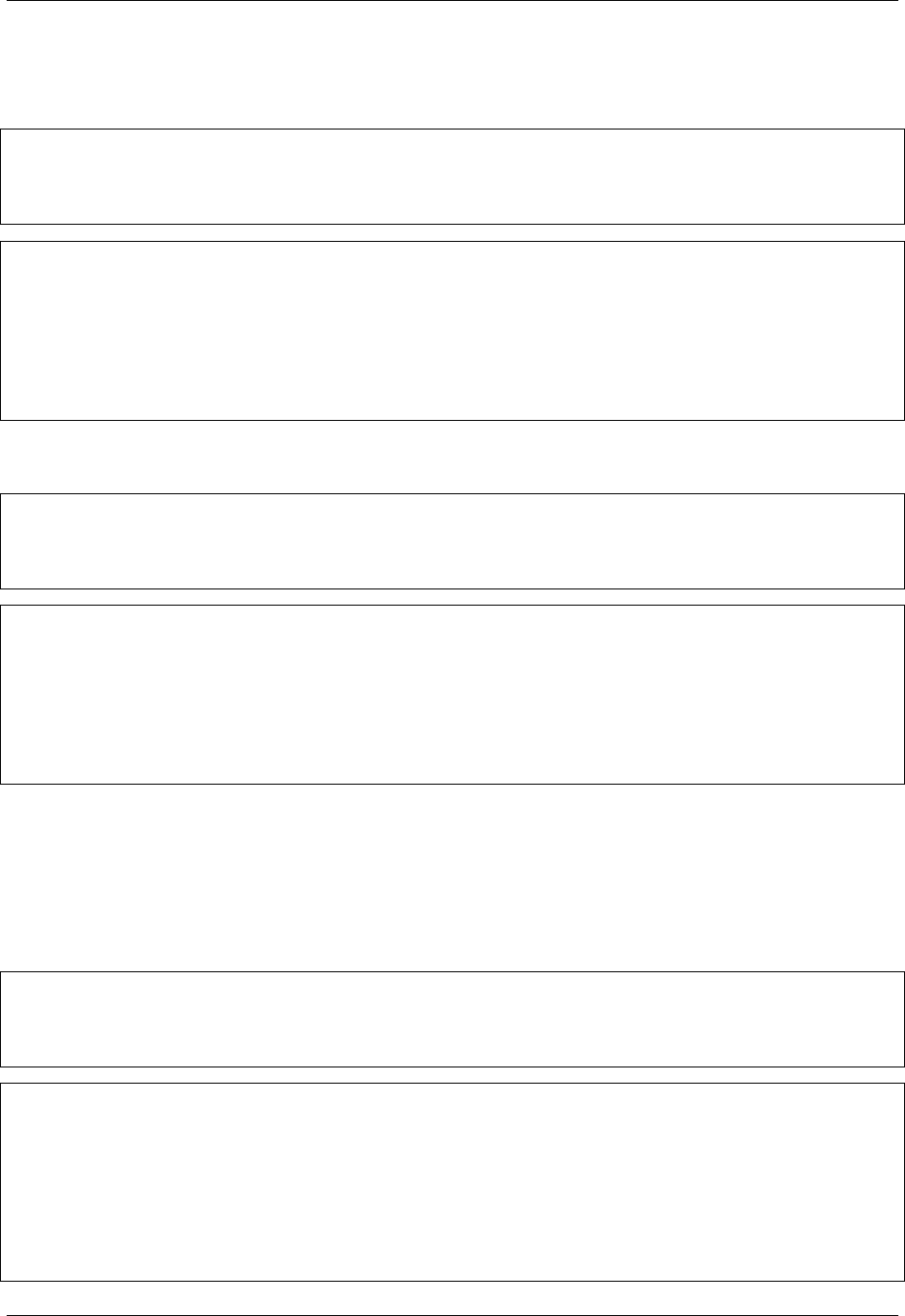
GeoServer User Manual, Release 2.15.1
Example
A query for a specific tile returns the Last-Modified response header:
curl -v "http://localhost:8080/geoserver/gwc/service/wms?LAYERS=img%20states&
,→FORMAT=image%2Fpng&SERVICE=WMS&VERSION=1.1.1&REQUEST=GetMap&STYLES=&
,→EXCEPTIONS=application%2Fvnd.ogc.se_inimage&SRS=EPSG%3A4326&BBOX=-135,45,-90,90&
,→WIDTH=256&HEIGHT=256" >/dev/null
>Host: localhost:8080
>Accept: */*
>
<HTTP/1.1 200 OK
...
<Last-Modified: Wed, 25 Jul 2012 00:42:00 GMT
<Content-Type: image/png
<Content-Length: 31192
This request has the If-Modified-Since header set to one second after what was returned by
Last-Modified:
curl --header "If-Modified-Since: Wed, 25 Jul 2012 00:42:01 GMT" -v "http://
,→localhost:8080/geoserver/gwc/service/wms?LAYERS=img%20states&FORMAT=image%2Fpng&
,→SERVICE=WMS&VERSION=1.1.1&REQUEST=GetMap&STYLES=&EXCEPTIONS=application%2Fvnd.ogc.
,→se_inimage&SRS=EPSG%3A4326&BBOX=-135,45,-90,90&WIDTH=256&HEIGHT=256" >/dev/null
>Host: localhost:8080
>Accept: */*
>If-Modified-Since: Wed, 25 Jul 2012 00:42:01 GMT
>
<HTTP/1.1 304 Not Modified
<Last-Modified: Wed, 25 Jul 2012 00:42:00 GMT
<Content-Type: image/png
<Content-Length: 31192
The response code is 304. As the file hasn’t been modified since the time specified in the request, no content
is actually transferred. The client is informed that its copy of the tile is up to date.
However, if you were to set the If-Modified-Since header to before the time stored in Last-Modified,
you will instead receive a 200 status code and the tile will be downloaded.
This example sets the If-Modified-Since header to one second before what was returned by
Last-Modified:
curl --header "If-Modified-Since: Wed, 25 Jul 2012 00:41:59 GMT" -v "http://
,→localhost:8080/geoserver/gwc/service/wms?LAYERS=img%20states&FORMAT=image%2Fpng&
,→SERVICE=WMS&VERSION=1.1.1&REQUEST=GetMap&STYLES=&EXCEPTIONS=application%2Fvnd.ogc.
,→se_inimage&SRS=EPSG%3A4326&BBOX=-135,45,-90,90&WIDTH=256&HEIGHT=256" >/dev/null
>Host: localhost:8080
>Accept: */*
>If-Modified-Since: Wed, 25 Jul 2012 00:41:59 GMT
>
<HTTP/1.1 200 OK
...
<Last-Modified: Wed, 25 Jul 2012 00:42:00 GMT
<Content-Type: image/png
<Content-Length: 31192
1522 Chapter 14. GeoWebCache
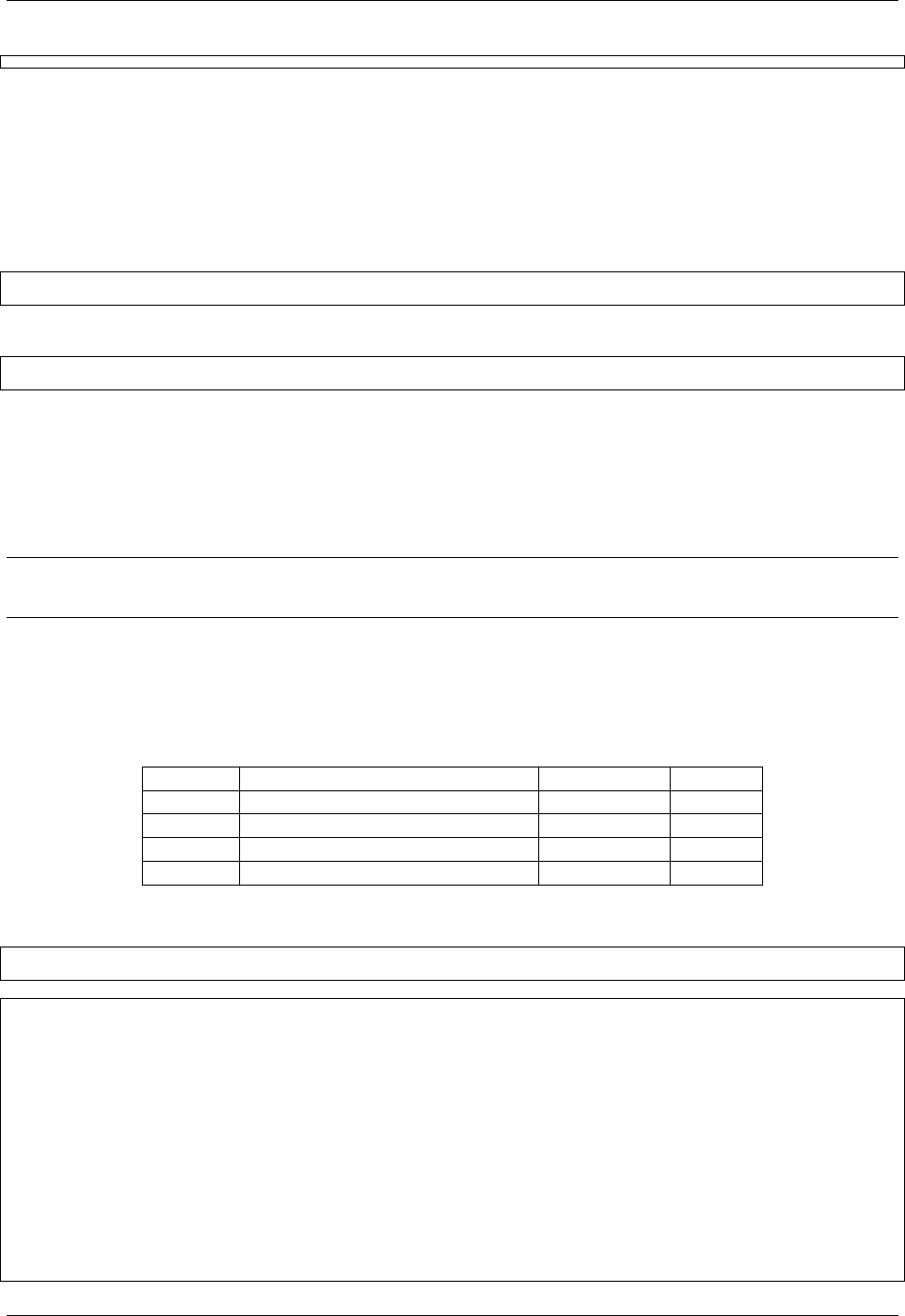
GeoServer User Manual, Release 2.15.1
14.6 GeoWebCache REST API
This section discusses the GeoWebCache REST API, an interface for working programmatically with the
integrated GeoWebCache without the need for a GUI.
The GeoWebCache REST endpoint when integrated with GeoServer is available at:
<GEOSERVER_HOME>/gwc/rest/
For example:
http://example.com:8080/geoserver/gwc/rest/
14.6.1 Managing Layers
The GeoWebCache REST API provides a RESTful interface through which users can add, modify, or remove
cached layers.
Note: JSON is not recommended for managing layers as the JSON library has a number of issues with
multi-valued properties such as “parameterFilters”.
Layer list
URL: /gwc/rest/layers.xml
Method Action Return Code Formats
GET Return the list of available layers 200 XML
POST 400
PUT 400
DELETE 400
The following example will request a full list of layers:
curl -u admin:geoserver "http://localhost:8080/geoserver/gwc/rest/layers"
<layers>
<layer>
<name>img states</name>
<atom:link xmlns:atom="http://www.w3.org/2005/Atom" rel="alternate" href="http://
,→localhost:8080/geoserver/gwc/rest/layers/img+states.xml" type="text/xml"/>
</layer>
<layer>
<name>raster test layer</name>
<atom:link xmlns:atom="http://www.w3.org/2005/Atom" rel="alternate" href="http://
,→localhost:8080/geoserver/gwc/rest/layers/raster+test+layer.xml" type="text/xml"/>
</layer>
<layer>
<name>topp:states</name>
14.6. GeoWebCache REST API 1523
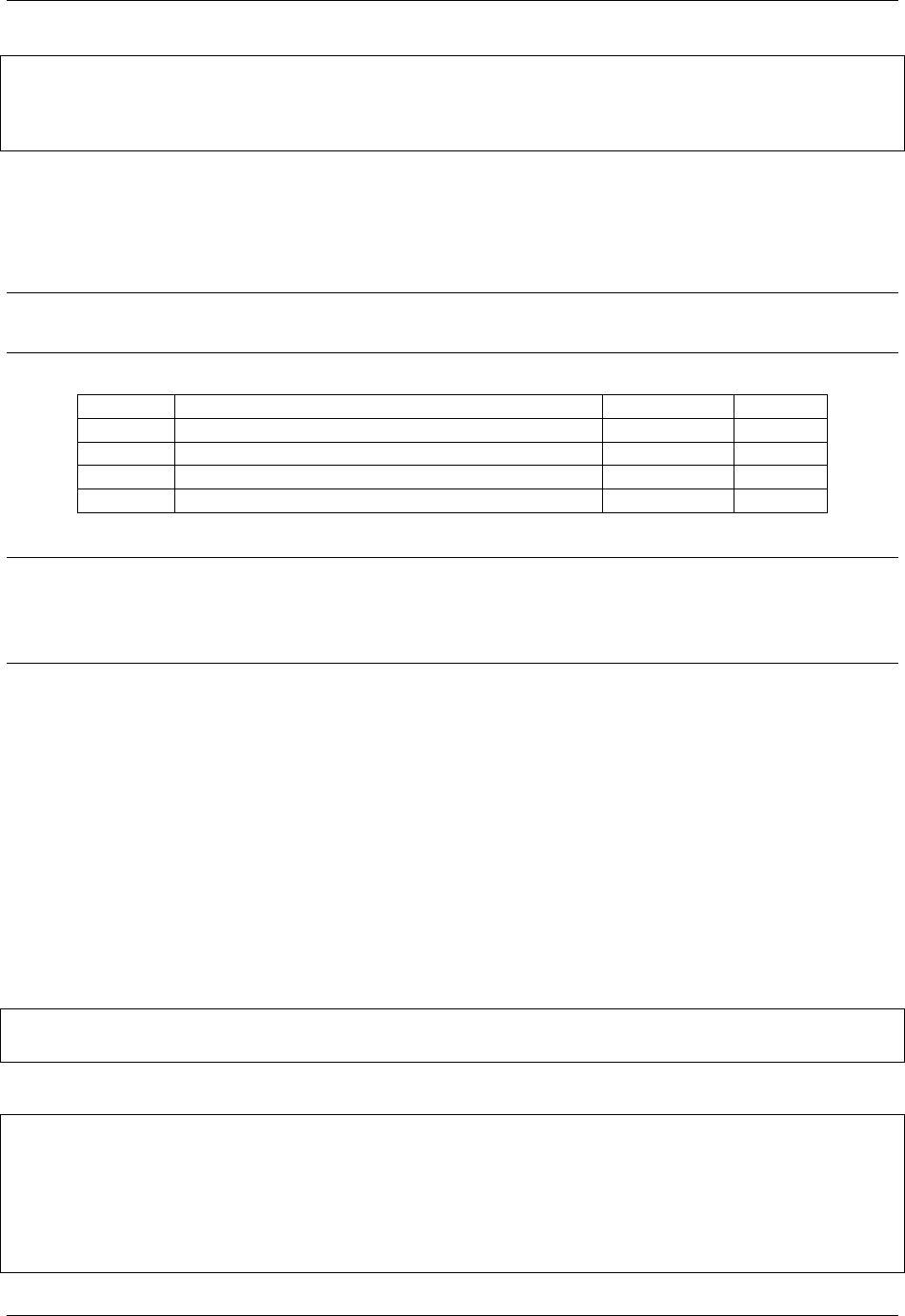
GeoServer User Manual, Release 2.15.1
<atom:link xmlns:atom="http://www.w3.org/2005/Atom" rel="alternate" href="http://
,→localhost:8080/geoserver/gwc/rest/layers/topp%3Astates.xml" type="text/xml"/>
</layer>
</layers>
Layer Operations
URL: /gwc/rest/layers/<layer>.xml
Note: JSON is not recommended for managing layers as the JSON library has a number of issues with
multi-valued properties such as “parameterFilters”.
Method Action Return Code Formats
GET Return the XML representation of the layer 200 XML
POST Modify the definition/configuration of the layer 200 XML
PUT Add a new layer 200 XML
DELETE Delete the layer 200
Note: There are two different representations for cached layers, depending on whether the tile
layer is created from the GeoServer WMS layer or layer group (GeoServerLayer), or is configured
in geowebcache.xml as a regular GWC layer (wmsLayer). A GeoServer layer is referred to as a
GeoServerLayer and contains no image data source information such as origin WMS URL.
Representations:
• GeoWebCache (wmsLayer)XML minimal
• GeoWebCache (wmsLayer)XML
• GeoServer (GeoServerLayer)XML minimal
• GeoServer (GeoServerLayer)XML
The examples below use the cURL tool, though the examples apply to any HTTP-capable tool or library.
Adding a GeoWebCache layer
The following example will add a new layer to GeoWebCache:
curl -v -u admin:geoserver -XPUT -H "Content-type: text/xml" -d @layer.xml "http://
,→localhost:8080/geoserver/gwc/rest/layers/newlayer.xml"
The layer.xml file is defined as the following:
<wmsLayer>
<name>newlayer</name>
<mimeFormats>
<string>image/png</string>
</mimeFormats>
<gridSubsets>
<gridSubset>
1524 Chapter 14. GeoWebCache
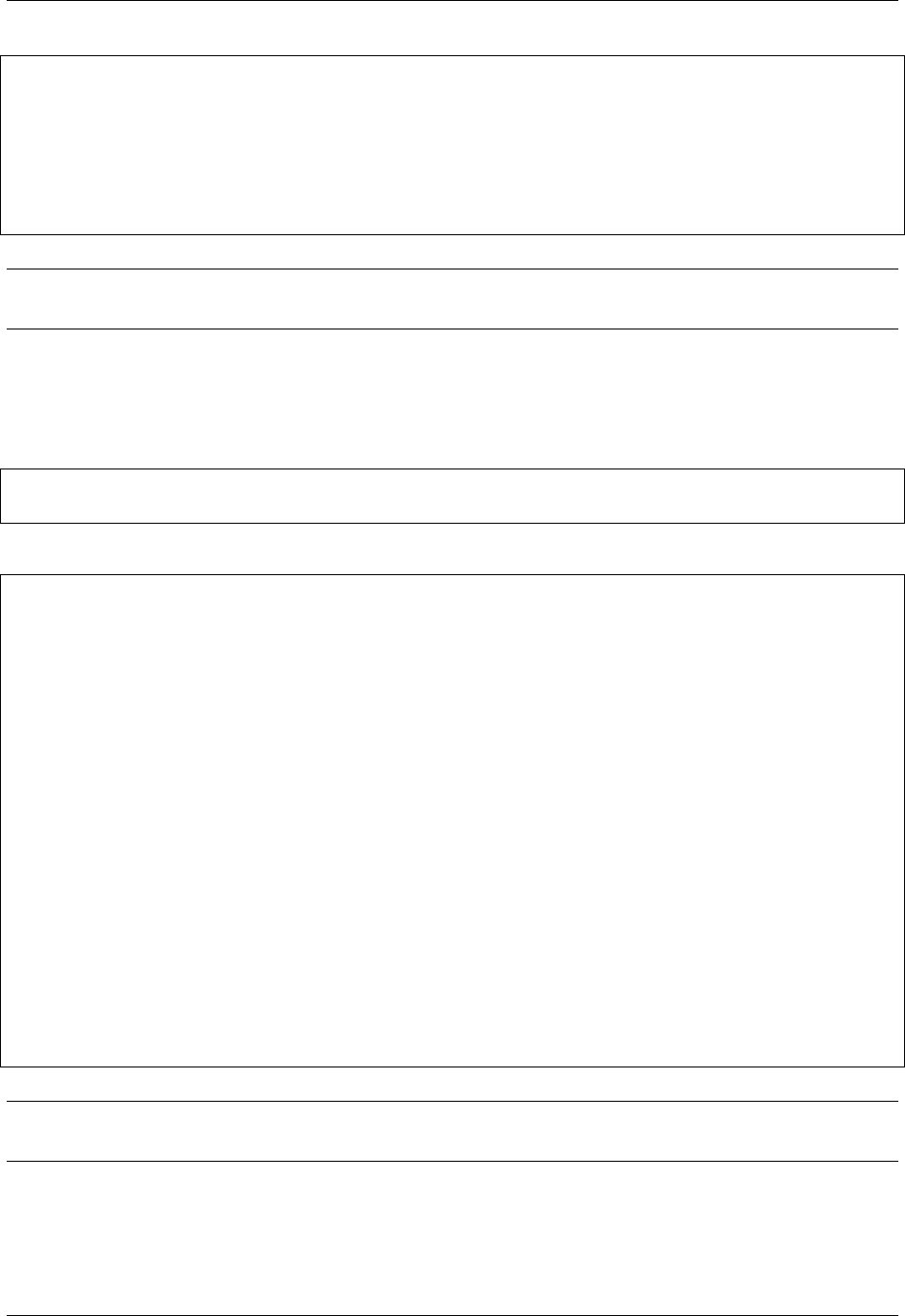
GeoServer User Manual, Release 2.15.1
<gridSetName>EPSG:900913</gridSetName>
</gridSubset>
</gridSubsets>
<wmsUrl>
<string>http://localhost:8080/geoserver/wms</string>
</wmsUrl>
<wmsLayers>topp:states</wmsLayers>
</wmsLayer>
Note: The addressed resource (newlayer in this example) must match the name of the layer in the XML
representation.
Adding a GeoServer layer
The following example will add a new layer to both GeoServer and GeoWebCache:
curl -v -u admin:geoserver -XPUT -H "Content-type: text/xml" -d @poi.xml "http://
,→localhost:8080/geoserver/gwc/rest/layers/tiger:poi.xml"
The poi.xml file is defined as the following:
<GeoServerLayer>
<id>LayerInfoImpl--570ae188:124761b8d78:-7fd0</id>
<enabled>true</enabled>
<name>tiger:poi</name>
<mimeFormats>
<string>image/png8</string>
</mimeFormats>
<gridSubsets>
<gridSubset>
<gridSetName>GoogleCRS84Quad</gridSetName>
<zoomStart>0</zoomStart>
<zoomStop>14</zoomStop>
<minCachedLevel>1</minCachedLevel>
<maxCachedLevel>9</maxCachedLevel>
</gridSubset>
</gridSubsets>
<metaWidthHeight>
<int>4</int>
<int>4</int>
</metaWidthHeight>
<gutter>50</gutter>
<autoCacheStyles>true</autoCacheStyles>
</GeoServerLayer>
Note: The addressed resource ( tiger:poi in this example) must match the name of the layer in the XML
representation, as well as the name of an existing GeoServer layer or layer group.
14.6. GeoWebCache REST API 1525
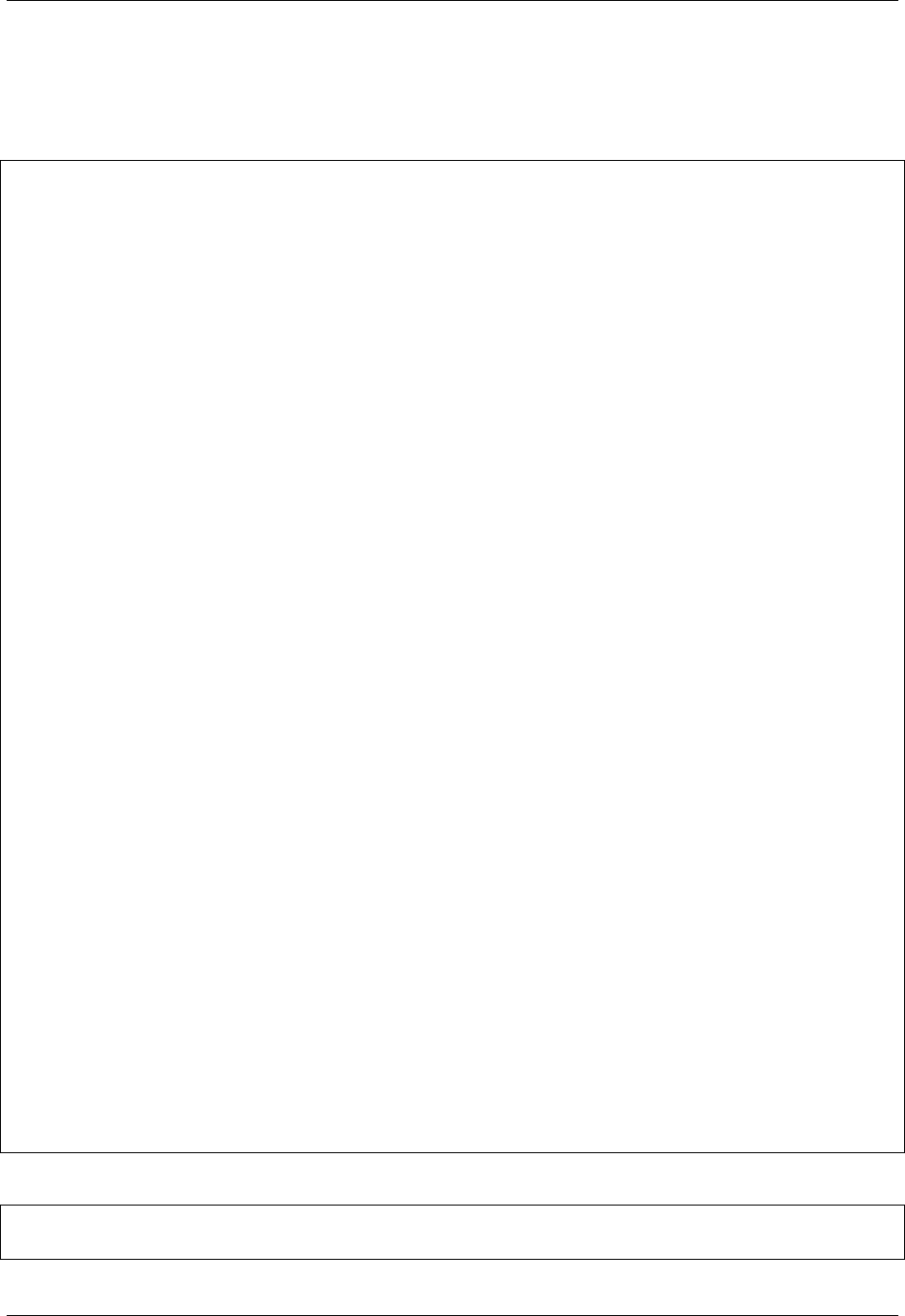
GeoServer User Manual, Release 2.15.1
Modifying a layer
This example modifies the layer definition via the layer.xml file. The request adds a parameter filter and
a grid subset to the existing tiger:poi tile layer:
<GeoServerLayer>
<enabled>true</enabled>
<name>tiger:poi</name>
<mimeFormats>
<string>image/png8</string>
</mimeFormats>
<gridSubsets>
<gridSubset>
<gridSetName>GoogleCRS84Quad</gridSetName>
<zoomStart>0</zoomStart>
<zoomStop>14</zoomStop>
<minCachedLevel>1</minCachedLevel>
<maxCachedLevel>9</maxCachedLevel>
</gridSubset>
<gridSubset>
<gridSetName>EPSG:900913</gridSetName>
<extent>
<coords>
<double>-8238959.403861314</double>
<double>4969300.121476209</double>
<double>-8237812.689219721</double>
<double>4971112.167757057</double>
</coords>
</extent>
</gridSubset>
</gridSubsets>
<metaWidthHeight>
<int>4</int>
<int>4</int>
</metaWidthHeight>
<parameterFilters>
<floatParameterFilter>
<key>ELEVATION</key>
<defaultValue>0.0</defaultValue>
<values>
<float>0.0</float>
<float>1.0</float>
<float>2.0</float>
<float>3.0</float>
<float>4.0</float>
</values>
<threshold>1.0E-3</threshold>
</floatParameterFilter>
</parameterFilters>
<gutter>50</gutter>
<autoCacheStyles>true</autoCacheStyles>
</GeoServerLayer>
Instead of PUT, use the HTTP POST method instead:
curl -v -u admin:geoserver -XPOST -H "Content-type: text/xml" -d @poi.xml "http://
,→localhost:8080/geoserver/gwc/rest/layers/tiger:poi.xml"
1526 Chapter 14. GeoWebCache
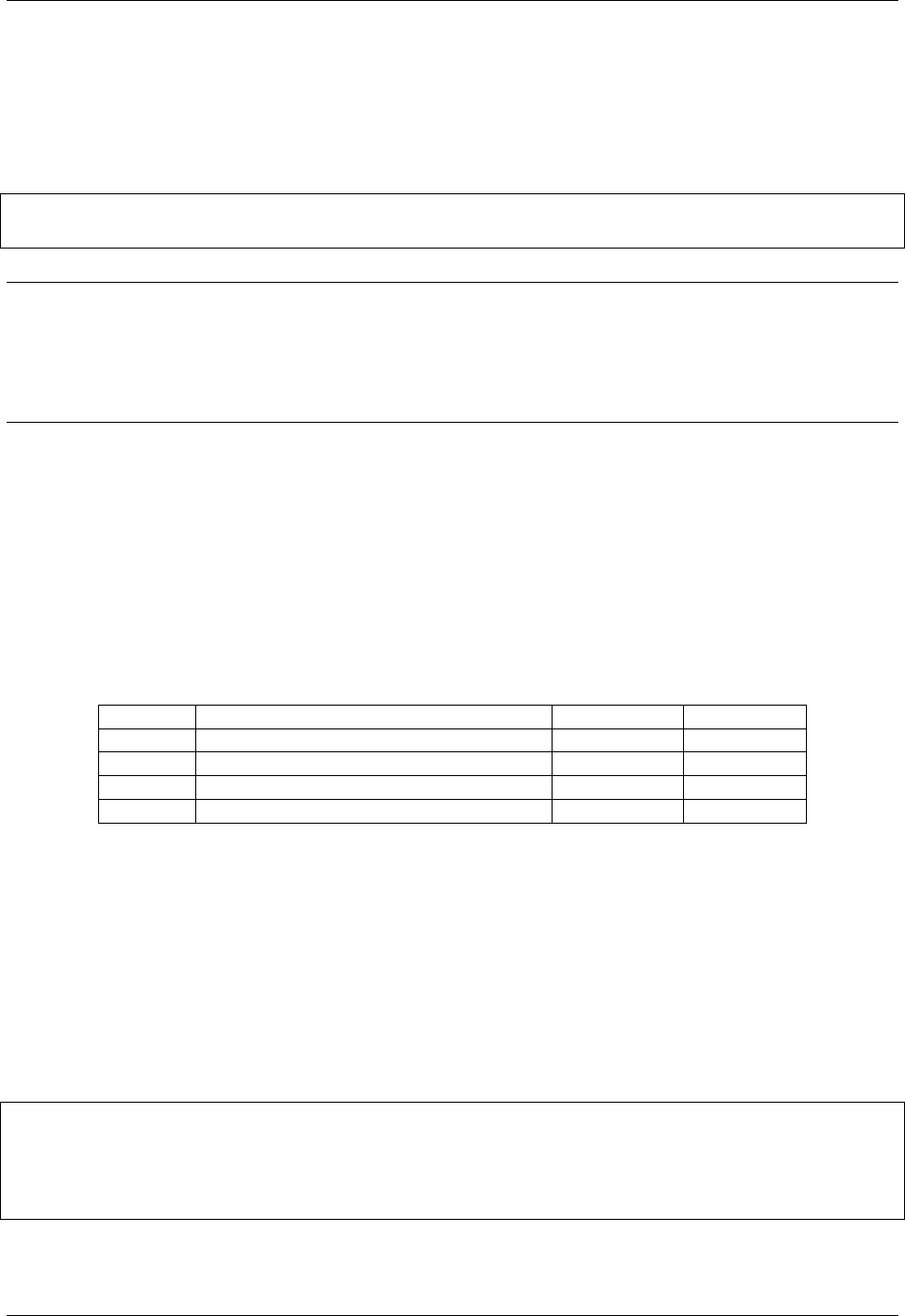
GeoServer User Manual, Release 2.15.1
Deleting a layer
Deleting a GeoWebCache tile layer deletes the layer configuration as well as the layer’s disk cache. No tile
images will remain in the cache directory after deleting a tile layer.
To delete a layer, use the HTTP DELETE method against the layer resource:
curl -v -u admin:geoserver -XDELETE "http://localhost:8080/geoserver/gwc/rest/layers/
,→newlayer.xml"
Note: If trying to delete a tile layer that is an integrated GeoServerLayer, only the GeoWebCache layer
definition will be deleted; the GeoServer definition is left untouched. To delete a layer in GeoServer, use
the GeoServer REST to manipulate GeoServer resources.
On the other hand, deleting a GeoServer layer via the GeoServer REST API will automatically delete the
associated tile layer.
14.6.2 Seeding and Truncating
The GeoWebCache REST API provides a RESTful interface through which users can add or remove tiles
from the cache on a per-layer basis.
Operations
URL: /gwc/rest/seed/<layer>.<format>
Method Action Return Code Formats
GET Return the status of the seeding threads 200 JSON
POST Issue a seed or truncate task request 200 XML, JSON
PUT 405
DELETE 405
Representations:
•XML
•JSON
The examples below use the cURL tool, though the examples apply to any HTTP-capable tool or library.
Seeding
The following XML request initiates a seeding task:
curl -v -u admin:geoserver -XPOST -H "Content-type: text/xml" -d '<seedRequest><name>
,→nurc:Arc_Sample</name><srs><number>4326</number></srs><zoomStart>1</zoomStart>
,→<zoomStop>12</zoomStop><format>image/png</format><type>truncate</type><threadCount>2
,→</threadCount></seedRequest>' "http://localhost:8080/geoserver/gwc/rest/seed/
,→nurc:Arc_Sample.xml"
14.6. GeoWebCache REST API 1527

GeoServer User Manual, Release 2.15.1
*About to connect() to localhost port 8080 (#0)
*Trying 127.0.0.1... connected
*Connected to localhost (127.0.0.1) port 8080 (#0)
*Server auth using Basic with user 'admin'
>POST /geoserver/gwc/rest/seed/nurc:Arc_Sample.xml HTTP/1.1
>Authorization: Basic YWRtaW46Z2Vvc2VydmVy
>User-Agent: curl/7.21.3(x86_64-pc-linux-gnu) libcurl/7.21.3OpenSSL/0.9.8o zlib/1.
,→2.3.4 libidn/1.18
>Host: localhost:8080
>Accept: */*
>Content-type: text/xml
>Content-Length: 209
>
<HTTP/1.1 200 OK
The following is a more complete XML fragment for a seed request, including parameter filters:
<?xml version="1.0" encoding="UTF-8"?>
<seedRequest>
<name>topp:states</name>
<bounds>
<coords>
<double>-2495667.977678598</double>
<double>-2223677.196231552</double>
<double>3291070.6104286816</double>
<double>959189.3312465074</double>
</coords>
</bounds>
<!-- These are listed on http://localhost:8080/geoserver/gwc/demo -->
<gridSetId>EPSG:2163</gridSetId>
<zoomStart>0</zoomStart>
<zoomStop>2</zoomStop>
<format>image/png</format>
<!-- type can be seed, reseed, or truncate -->
<type>truncate</type>
<!-- Number of seeding threads to run in parallel.
If type == truncate only one thread will be used
regardless of this parameter -->
<threadCount>1</threadCount>
<!-- Parameter filters -->
<parameters>
<entry>
<string>STYLES</string>
<string>pophatch</string>
</entry>
<entry>
<string>CQL_FILTER</string>
<string>TOTPOP > 10000</string>
</entry>
</parameters>
</seedRequest>
1528 Chapter 14. GeoWebCache
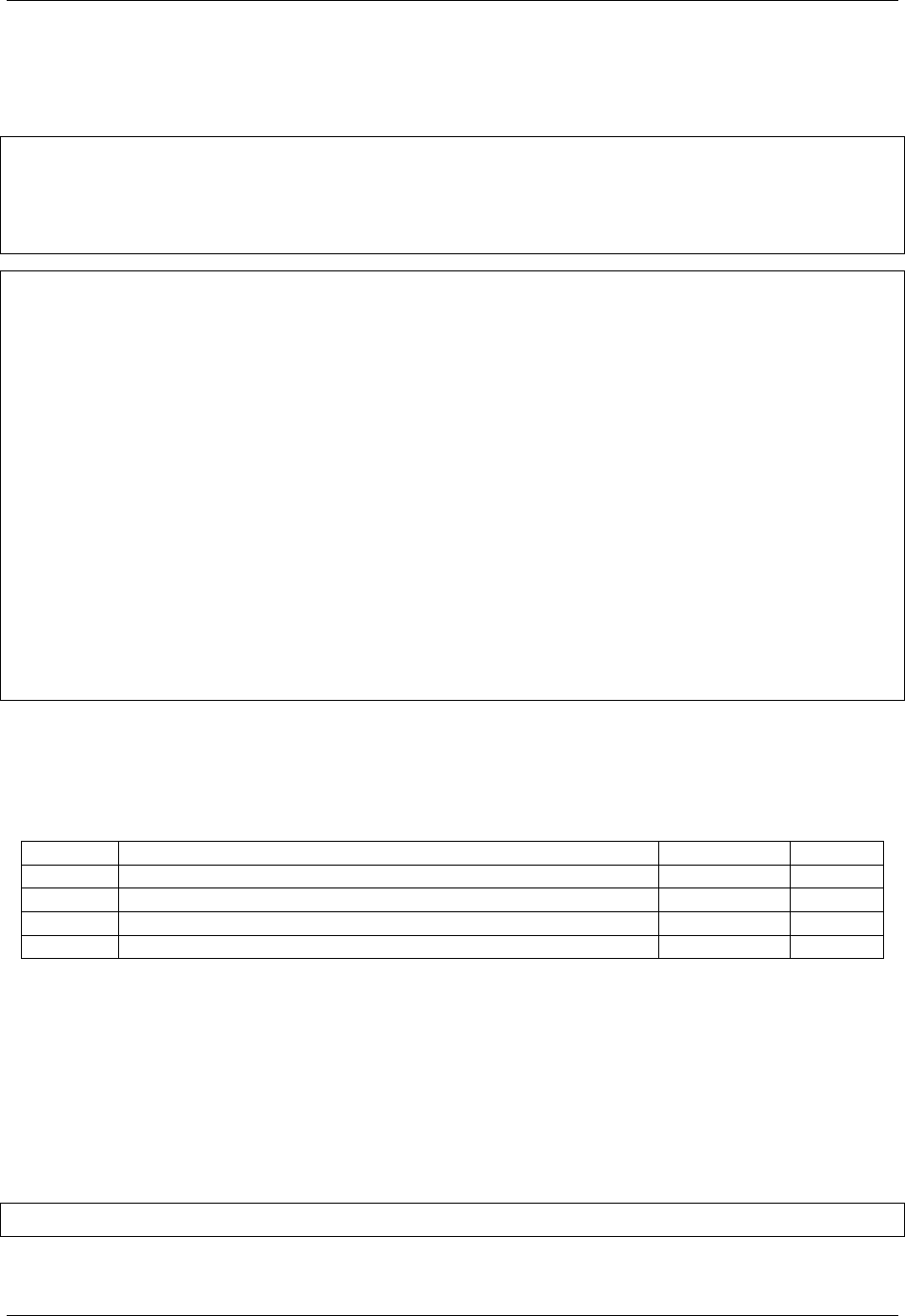
GeoServer User Manual, Release 2.15.1
Truncating
The following XML request initiates a truncating task:
curl -v -u admin:geoserver -XPOST -H "Content-type: application/json" -d "{
,→'seedRequest':{'name':'topp:states','bounds':{'coords':{ 'double':['-124.0','22.0',
,→'66.0','72.0']}},'srs':{'number':4326},'zoomStart':1,'zoomStop':12,'format':'image\/
,→png','type':'truncate','threadCount':4}}}" "http://localhost:8080/geoserver/gwc/
,→rest/seed/nurc:Arc_Sample.json"
*About to connect() to localhost port 8080 (#0)
*Trying 127.0.0.1... connected
*Connected to localhost (127.0.0.1) port 8080 (#0)
*Server auth using Basic with user 'admin'
>POST /geoserver/gwc/rest/seed/nurc:Arc_Sample.json HTTP/1.1
>Authorization: Basic YWRtaW46Z2Vvc2VydmVy
>User-Agent: curl/7.21.3(x86_64-pc-linux-gnu) libcurl/7.21.3OpenSSL/0.9.8o zlib/1.
,→2.3.4 libidn/1.18
>Host: localhost:8080
>Accept: */*
>Content-type: application/json
>Content-Length: 205
>
<HTTP/1.1 200 OK
<Date: Fri, 14 Oct 2011 22:09:21 GMT
<Server: Noelios-Restlet-Engine/1.0..8
<Transfer-Encoding: chunked
<
*Connection #0 to host localhost left intact
*Closing connection #0
Querying running tasks
URL: /gwc/rest/seed[/<layer>].json
Method Action Return Code Formats
GET Get the global or per layer state of running and pending tasks 200 JSON
POST 405
PUT 405
DELETE 405
Getting current state of the seeding threads
Sending a GET request to the /gwc/rest/seed.json resource returns a list of pending (scheduled) and
running tasks for all the layers.
Sending a GET request to the /gwc/rest/seed/<layer name>.json resource returns a list of pending
(scheduled) and running tasks for that specific layer.
The returned content is a JSON array of the form:
{"long-array-array":[[<long>,<long>,<long>,<long>,<long>],...]}
If there are no pending or running tasks, the returned array is empty:
14.6. GeoWebCache REST API 1529
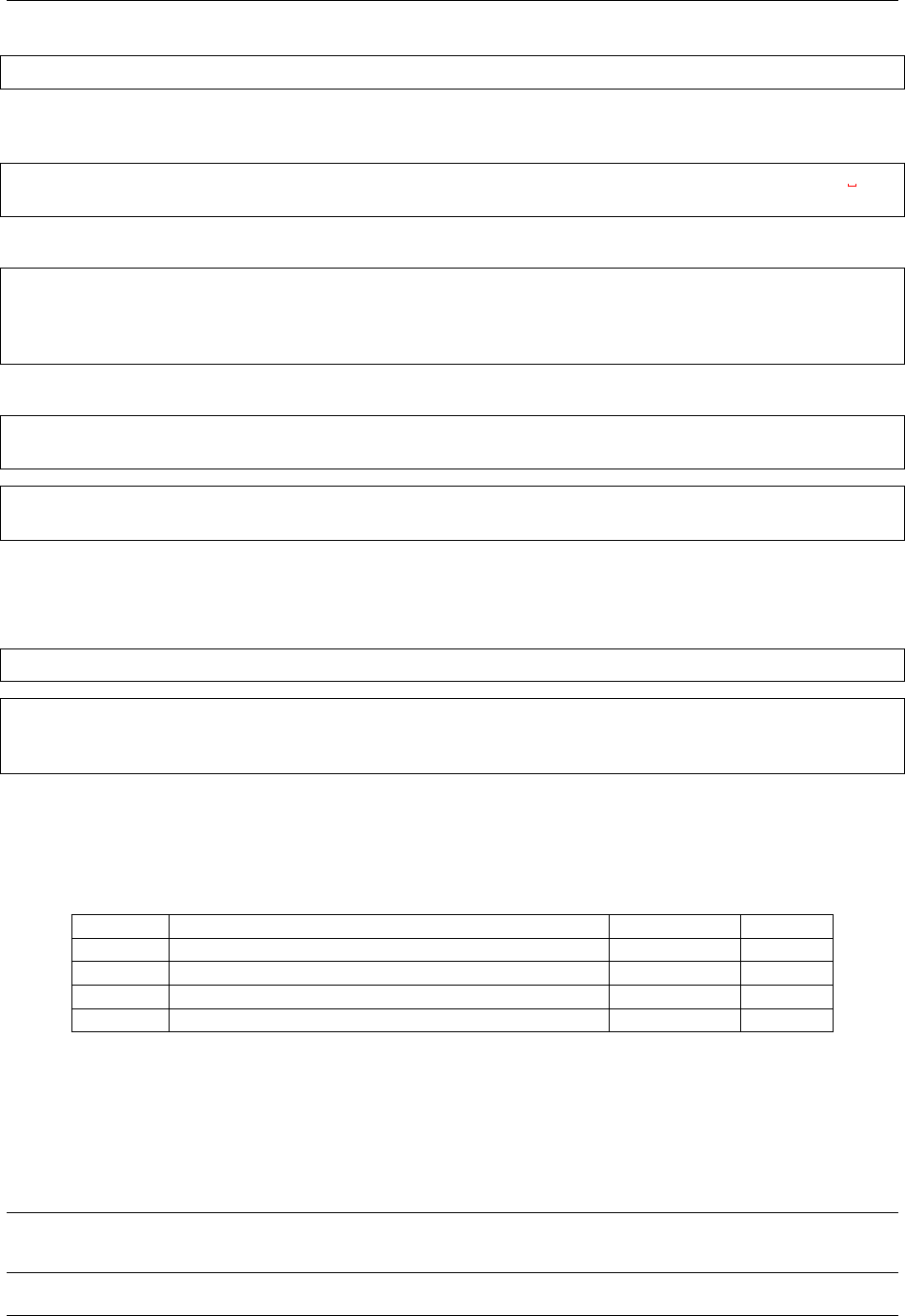
GeoServer User Manual, Release 2.15.1
{"long-array-array":[]}
The returned array of arrays contains one array per seeding/truncating task. The meaning of each long
value in each thread array is:
[tiles processed, total # of tiles to process, # of remaining tiles, Task ID, Task
,→status]
The returned Task Status value will be one of the following:
-1=ABORTED
0=PENDING
1=RUNNING
2=DONE
The example below returns the current state of tasks for the topp:states layer:
curl -u <user>:<password> -v -XGET http://localhost:8080/geoserver/gwc/rest/seed/
,→topp:states.json
{"long-array-array":[[17888,44739250,18319,1,1],[17744,44739250,18468,2,1],[16608,
,→44739250,19733,3,0],[0,1000,1000,4,0]]}
In the above response, tasks 1and 2for the topp:states layer are running, and tasks 3and 4are in a
pending state waiting for an available thread.
The example below returns a list of tasks for all the layers.
curl -u <user>:<password> -XGET http://localhost:8080/geoserver/gwc/rest/seed.json
{"long-array-array":[[2240,327426,1564,2,1],[2368,327426,1477,3,1],[2272,327426,1541,
,→4,1],[2176,327426,1611,5,1],[1056,15954794690,79320691,6,1],[1088,15954794690,
,→76987729,7,1],[1040,15954794690,80541010,8,1],[1104,15954794690,75871965,9,1]]}
Terminating running tasks
URL: /gwc/rest/seed[/<layer>]
Method Action Return Code Formats
GET 405
POST Issue a kill running and/or pending tasks request 200
PUT 405
DELETE 405
A POST request to the /gwc/rest/seed resource terminates pending and/or running tasks for all layers.
A POST request to the /gwc/rest/seed/<layername> resource terminates pending and/or running
tasks for a specific layer.
It is possible to terminate individual or all pending and/or running tasks. Use the parameter kill_all
with one of the following values: running,pending, or all.
Note: For backward compatibility, the kill_all parameter value 1is also accepted and is equivalent to
running.
1530 Chapter 14. GeoWebCache
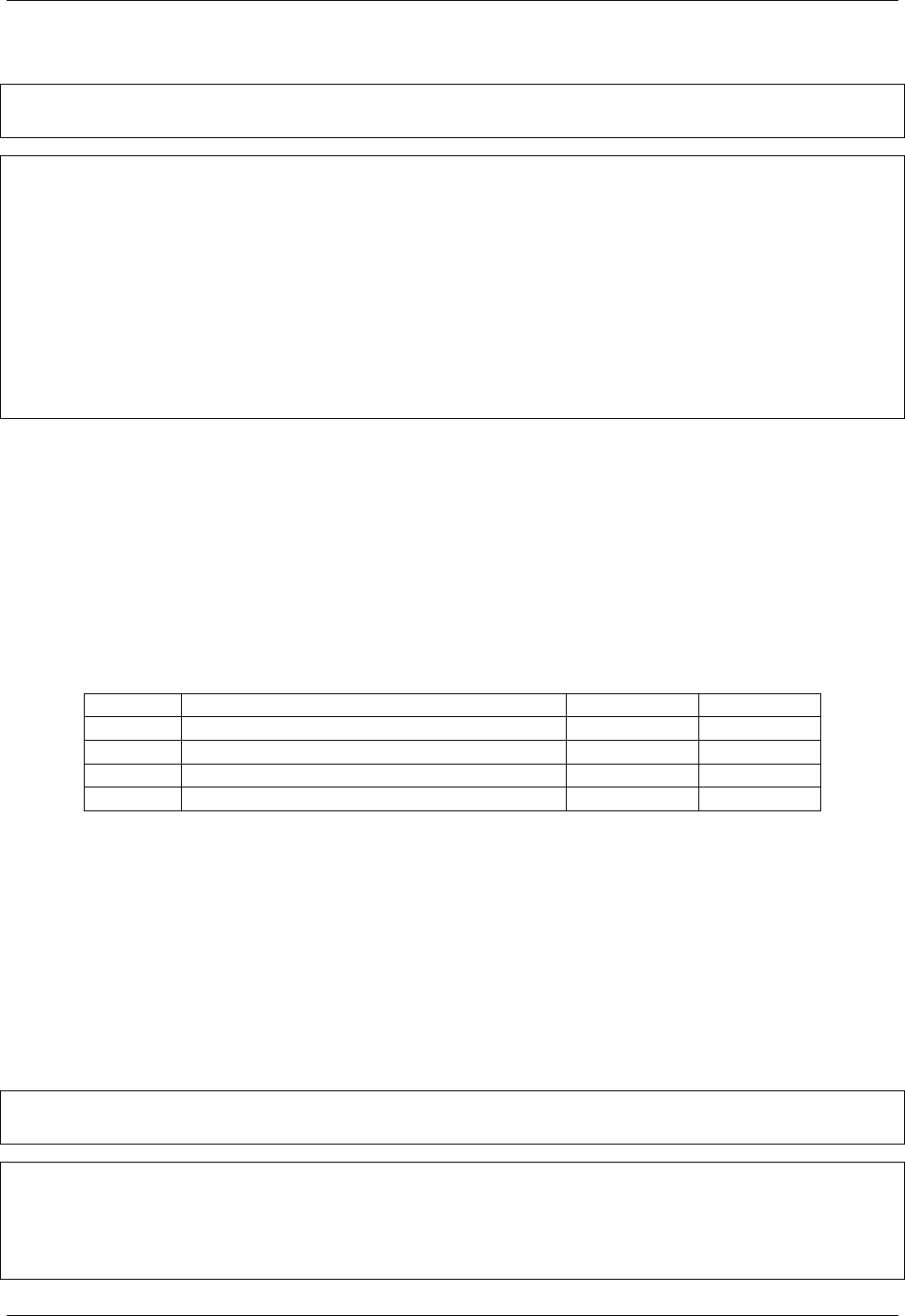
GeoServer User Manual, Release 2.15.1
The following request terminates all running seed and truncate tasks.
curl -v -u admin:geoserver -d "kill_all=all" "http://localhost:8080/geoserver/gwc/
,→rest/seed"
*About to connect() to localhost port 8080 (#0)
*Trying 127.0.0.1... connected
<HTTP/1.1 200 OK
<Date: Fri, 14 Oct 2011 22:23:04 GMT
<Server: Noelios-Restlet-Engine/1.0..8
<Content-Type: text/html; charset=ISO-8859-1
<Content-Length: 426
<
<html>
...
*Connection #0 to host localhost left intact
*Closing connection #0
14.6.3 Disk Quota
The GeoWebCache REST API provides a RESTful interface through which users can configure the disk
usage limits and expiration policies for a GeoWebCache instance.
Operations
URL: /gwc/rest/diskquota.<format>
Method Action Return Code Formats
GET Return the global disk quota configuration 200 XML, JSON
POST 405
PUT Modify the global disk quota configuration 200 XML, JSON
DELETE 405
Representations:
•XML
•JSON
The examples below use the cURL tool, though the examples apply to any HTTP-capable tool or library.
Retrieving the current configuration
The following returns the current disk quota configuration in XML format:
curl -u admin:geoserver -v -XGET http://localhost:8080/geoserver/gwc/rest/diskquota.
,→xml
<HTTP/1.1 200 OK
<Date: Mon, 21 Mar 2011 13:50:49 GMT
<Server: Noelios-Restlet-Engine/1.0..8
<Content-Type: text/xml; charset=ISO-8859-1
<Content-Length: 422
14.6. GeoWebCache REST API 1531
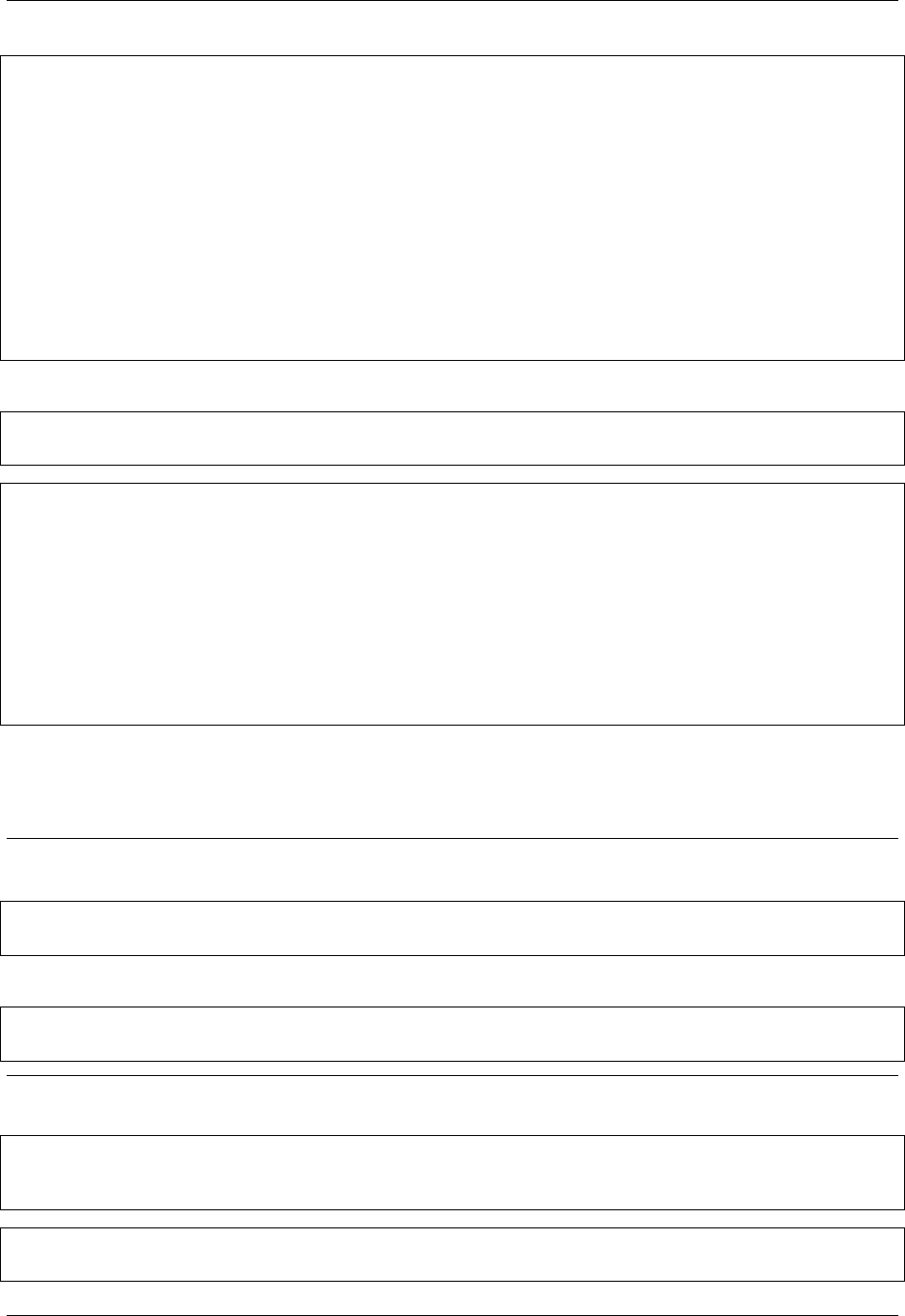
GeoServer User Manual, Release 2.15.1
<
<gwcQuotaConfiguration>
<enabled>true</enabled>
<diskBlockSize>2048</diskBlockSize>
<cacheCleanUpFrequency>5</cacheCleanUpFrequency>
<cacheCleanUpUnits>SECONDS</cacheCleanUpUnits>
<maxConcurrentCleanUps>5</maxConcurrentCleanUps>
<globalExpirationPolicyName>LRU</globalExpirationPolicyName>
<globalQuota>
<value>100</value>
<units>MiB</units>
</globalQuota>
<layerQuotas/>
</gwcQuotaConfiguration>
The following returns the current disk quota configuration in JSON format:
curl -u admin:geoserver -v -XGET http://localhost:8080/geoserver/gwc/rest/diskquota.
,→json
<HTTP/1.1 200 OK
<Date: Mon, 21 Mar 2011 13:53:42 GMT
<Server: Noelios-Restlet-Engine/1.0..8
<Content-Type: application/json; charset=ISO-8859-1
<Content-Length: 241
<
*Connection #0 to host localhost left intact
*Closing connection #0
{"gwcQuotaConfiguration":{"diskBlockSize":2048,"enabled":true,"maxConcurrentCleanUps
,→":5,"cacheCleanUpFrequency":5,"globalExpirationPolicyName":"LRU","globalQuota":{
,→"value":"100","units":"MiB"},"cacheCleanUpUnits":"SECONDS"}}
Changing configuration
Note: The request body for PUT should contain only the desired properties to be modified. For example,
the following will only change the maxConcurrentCleanups property in XML format:
<gwcQuotaConfiguration><maxConcurrentCleanUps>2</maxConcurrentCleanUps></
,→gwcQuotaConfiguration>
The following will only change the diskBlockSize, enabled, and globalQuota properties in JSON format:
{"gwcQuotaConfiguration":{"diskBlockSize":2048,"enabled":true,"globalQuota":{"value":
,→"100","units":"MiB"}}
The following XML example successfully enables the quota and sets the globalQuota size:
curl -v -u admin:geoserver "http://localhost:8090/geoserver/gwc/rest/diskquota.xml" -
,→X PUT -d "<gwcQuotaConfiguration><enabled>true</enabled><globalQuota><value>100</
,→value><units>GiB</units></globalQuota></gwcQuotaConfiguration>"
<HTTP/1.1 200 OK
<Date: Fri, 18 Mar 2011 20:59:31 GMT
1532 Chapter 14. GeoWebCache
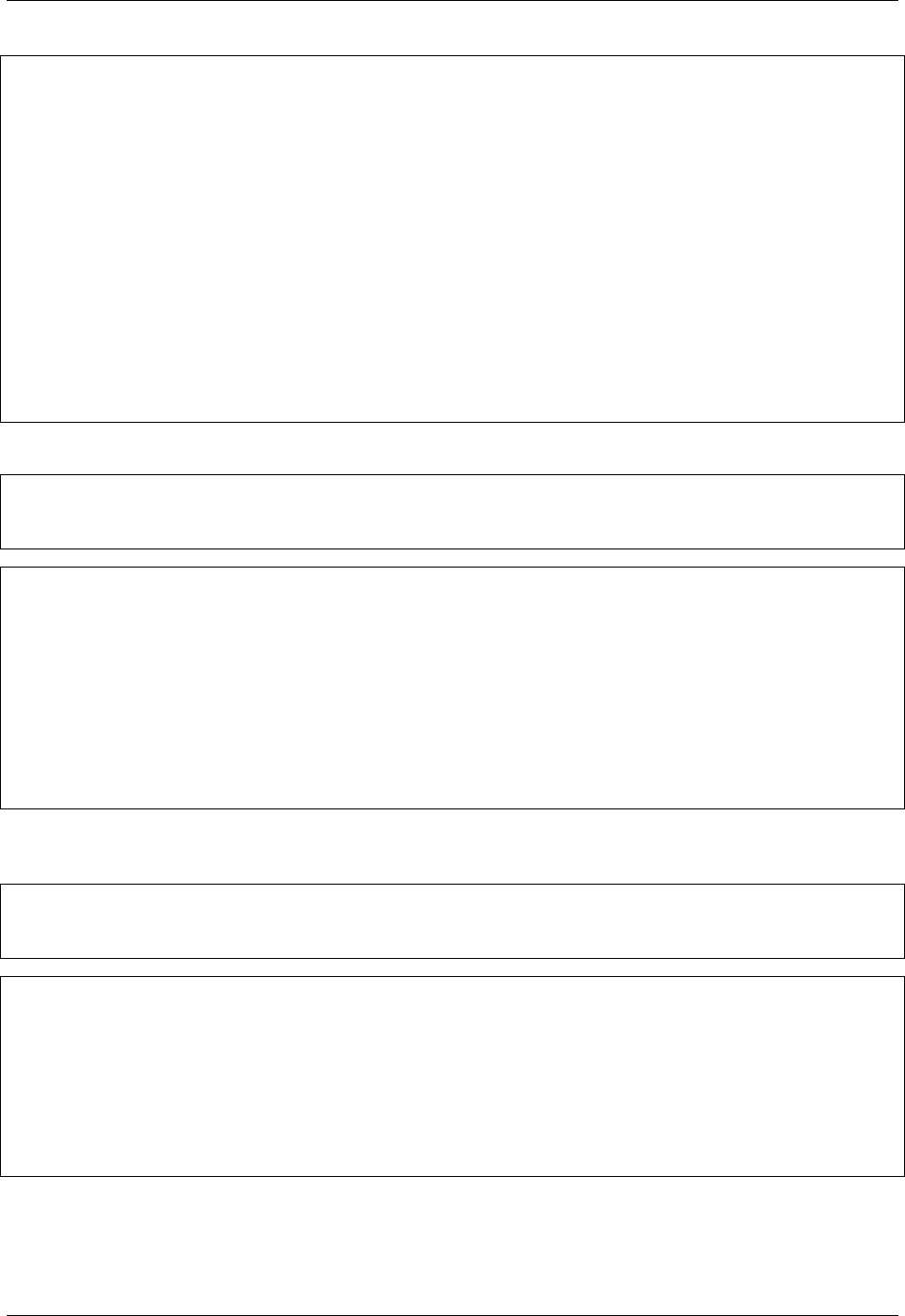
GeoServer User Manual, Release 2.15.1
<Server: Noelios-Restlet-Engine/1.0..8
<Content-Type: text/xml; charset=ISO-8859-1
<Content-Length: 422
<
<gwcQuotaConfiguration>
<enabled>true</enabled>
<diskBlockSize>2048</diskBlockSize>
<cacheCleanUpFrequency>5</cacheCleanUpFrequency>
<cacheCleanUpUnits>SECONDS</cacheCleanUpUnits>
<maxConcurrentCleanUps>5</maxConcurrentCleanUps>
<globalExpirationPolicyName>LFU</globalExpirationPolicyName>
<globalQuota>
<value>100</value>
<units>GiB</units>
</globalQuota>
<layerQuotas/>
</gwcQuotaConfiguration>
The following JSON example changes the globalQuote and expirationPolicyName parameters:
curl -v -u admin:geoserver "http://localhost:8090/geoserver/gwc/rest/diskquota.json" -
,→X PUT -d "{"gwcQuotaConfiguration":{"globalQuota":{"value":"100","units":"MiB"},
,→"globalExpirationPolicyName":"LRU"}}"
<HTTP/1.1 200 OK
<Date: Fri, 18 Mar 2011 21:02:20 GMT
<Server: Noelios-Restlet-Engine/1.0..8
<Content-Type: application/json; charset=ISO-8859-1
<Content-Length: 241
<
*Connection #0 to host localhost left intact
*Closing connection #0
{"gwcQuotaConfiguration":{"diskBlockSize":2048,"enabled":true,"maxConcurrentCleanUps
,→":5,"cacheCleanUpFrequency":5,"globalExpirationPolicyName":"LRU","globalQuota":{
,→"value":"100","units":"MiB"},"cacheCleanUpUnits":"SECONDS","layerQuotas":[]}}
The following invalid XML example has an invalid parameter (maxConcurrentCleanUps must be > 0). It
returns a 400 response code and contains an error message as plain text:
curl -v -u admin:geoserver "http://localhost:8090/geoserver/gwc/rest/diskquota.xml" -
,→X PUT -d "<gwcQuotaConfiguration><maxConcurrentCleanUps>-1</maxConcurrentCleanUps></
,→gwcQuotaConfiguration>"
<HTTP/1.1 400 Bad Request
<Date: Fri, 18 Mar 2011 20:53:26 GMT
<Server: Noelios-Restlet-Engine/1.0..8
<Content-Type: text/plain; charset=ISO-8859-1
<Content-Length: 53
<
*Connection #0 to host localhost left intact
*Closing connection #0
maxConcurrentCleanUps shall be a positive integer: -1
The following invalid JSON example uses an unknown unit of measure (ZZiB). It returns a 400 response
code and contains an error message as plain text:
14.6. GeoWebCache REST API 1533
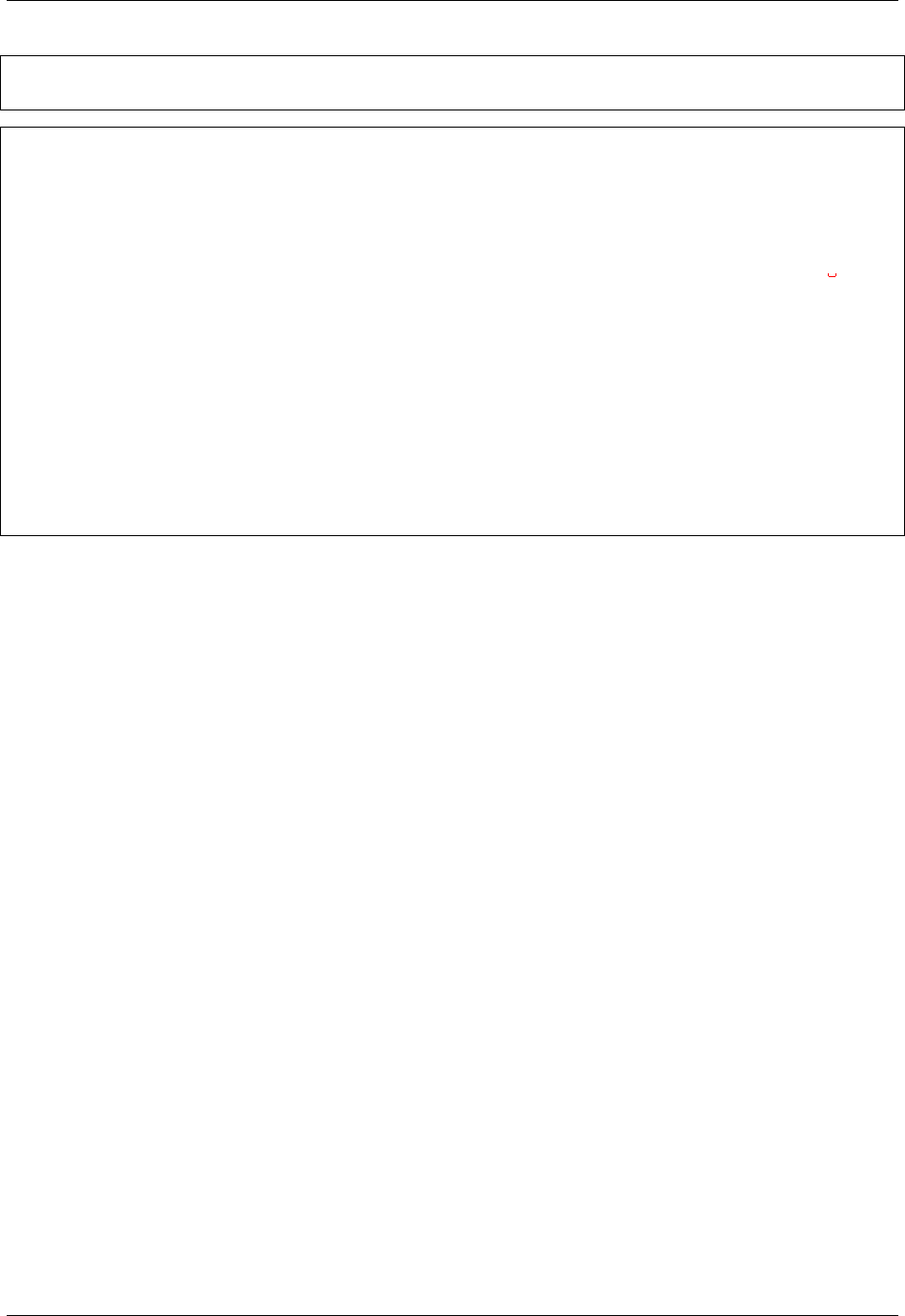
GeoServer User Manual, Release 2.15.1
curl -v -u admin:geoserver "http://localhost:8090/geoserver/gwc/rest/diskquota.json" -
,→X PUT -d "{"gwcQuotaConfiguration":{"globalQuota":{"value":"100","units":"ZZiB"}}}"
< HTTP/1.1 400 Bad Request
< Date: Fri, 18 Mar 2011 20:56:23 GMT
< Server: Noelios-Restlet-Engine/1.0..8
< Content-Type: text/plain; charset=ISO-8859-1
< Content-Length: 601
<
No enum const class org.geowebcache.diskquota.storage.StorageUnit.ZZiB : No enum
,→const class org.geowebcache.diskquota.storage.StorageUnit.ZZiB
---- Debugging information ----
message : No enum const class org.geowebcache.diskquota.storage.
,→StorageUnit.ZZiB
cause-exception : java.lang.IllegalArgumentException
cause-message : No enum const class org.geowebcache.diskquota.storage.
,→StorageUnit.ZZiB
class : org.geowebcache.diskquota.DiskQuotaConfig
required-type : org.geowebcache.diskquota.storage.Quota
line number : -1
*Connection #0 to host localhost left intact
*Closing connection #0
14.7 Troubleshooting
This section will discuss some common issues with the integrated GeoWebCache and their solutions.
14.7.1 Grid misalignment
Sometimes errors will occur when requesting data from GeoWebCache endpoints. The error displayed
might say that the “resolution is not supported” or the “bounds do not align.” This is due to the client
making WMS requests that do not align with the grid of tiles that GeoWebCache has created, such as
differing map bounds or layer bounds, or an unsupported resolution. If you are using OpenLayers as a
client, looking at the source code of the included demos may provide more clues to matching up the grid.
An alternative workaround is to enable direct WMS integration with the GeoServer WMS. You can set this
on the Caching defaults page.
14.7.2 Direct WMS integration
Direct integration allows WMS requests served through GeoServer to be cached as if they were received
and processed by GeoWebCache. With Direct WMS Integration, a request may either be handled by the
GeoServer WMS or GeoWebCache WMS.
Sometimes requests that should go to GeoWebCache will instead be passed through to GeoServer, resulting
in no tiles saved. That said, it is possible to determine why a request was not handled by GeoWebCache
when intended. This is done by using the command-line utility cURL and inspecting the response headers.
First, obtain a sample request. This can easily be done by going to the Layer Preview for a given layer,
setting the Tiled parameter to Tiled, then right-clicking on an area of the map and copy the full path to the
image location. If done correctly, the result will be a GET request that looks something like this:
1534 Chapter 14. GeoWebCache
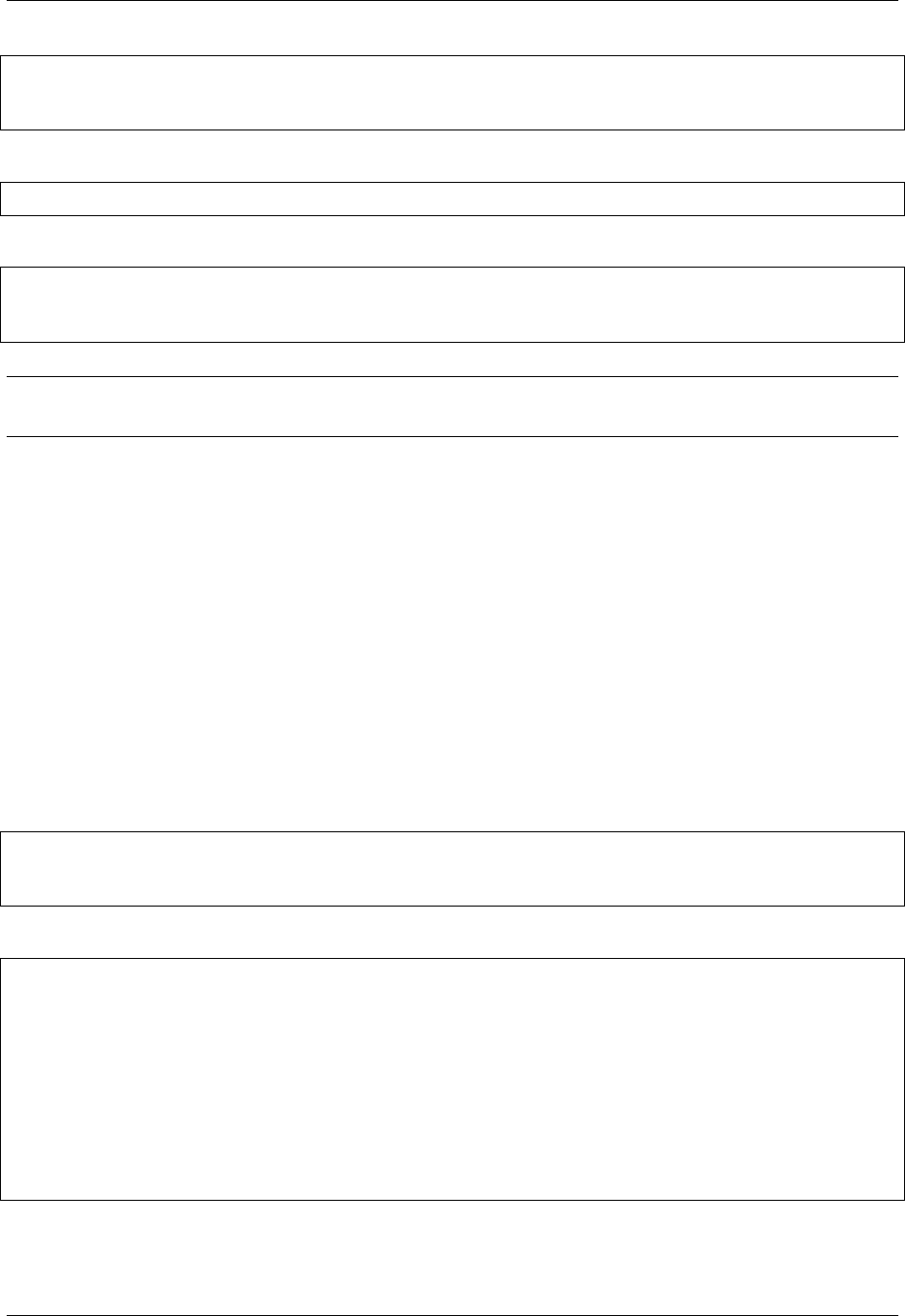
GeoServer User Manual, Release 2.15.1
http://localhost:8090/geoserver/nurc/wms?LAYERS=nurc%3AArc_Sample&STYLES=&FORMAT=image
,→%2Fjpeg&TILED=true&TILESORIGIN=-180%2C-90&SERVICE=WMS&VERSION=1.1.1&REQUEST=GetMap&
,→SRS=EPSG%3A4326&BBOX=-45,-45,0,0&WIDTH=256&HEIGHT=256
You can then paste this URL into a curl request:
curl -v "URL"
For example:
curl -v "http://localhost:8090/geoserver/nurc/wms?LAYERS=nurc%3AArc_Sample&STYLES=&
,→FORMAT=image%2Fjpeg&TILED=true&TILESORIGIN=-180%2C-90&SERVICE=WMS&VERSION=1.1.1&
,→REQUEST=GetMap&SRS=EPSG%3A4326&BBOX=-45,-45,0,0&WIDTH=256&HEIGHT=256"
Note: To omit the raw image output to the terminal, pipe the output to your system’s null. On Linux / OS
X, append > /dev/null to these requests, and on Windows, append > nul.
If the request doesn’t go through GeoWebCache’s WMS, a reason will be given in a custom response header.
Look for the following response headers:
•geowebcache-cache-result: Will say HIT if the GeoWebCache WMS processed the request, and
MISS otherwise.
•geowebcache-miss-reason: If the above shows as MISS, this will generated a short description
of why the request wasn’t handled by the GeoWebCache WMS.
The following are some example requests made along with the responses. These responses have been
truncated to show only the information relevant for troubleshooting.
Successful request
This request was successfully handled by the GeoWebCache WMS.
Request:
curl -v "http://localhost:8080/geoserver/topp/wms?TILED=true&LAYERS=states&
,→FORMAT=image/png&REQUEST=GetMap&STYLES=&SRS=EPSG:4326&BBOX=-135,45,-112.5,67.5&
,→WIDTH=256&HEIGHT=256"
Response:
<HTTP/1.1 200 OK
<Content-Type: image/png
<geowebcache-crs: EPSG:4326
...
<geowebcache-layer: topp:states
<geowebcache-gridset: EPSG:4326
<geowebcache-tile-index: [2,6,3]
...
<geowebcache-cache-result: HIT
<geowebcache-tile-bounds: -135.0,45.0,-112.5,67.5
...
14.7. Troubleshooting 1535
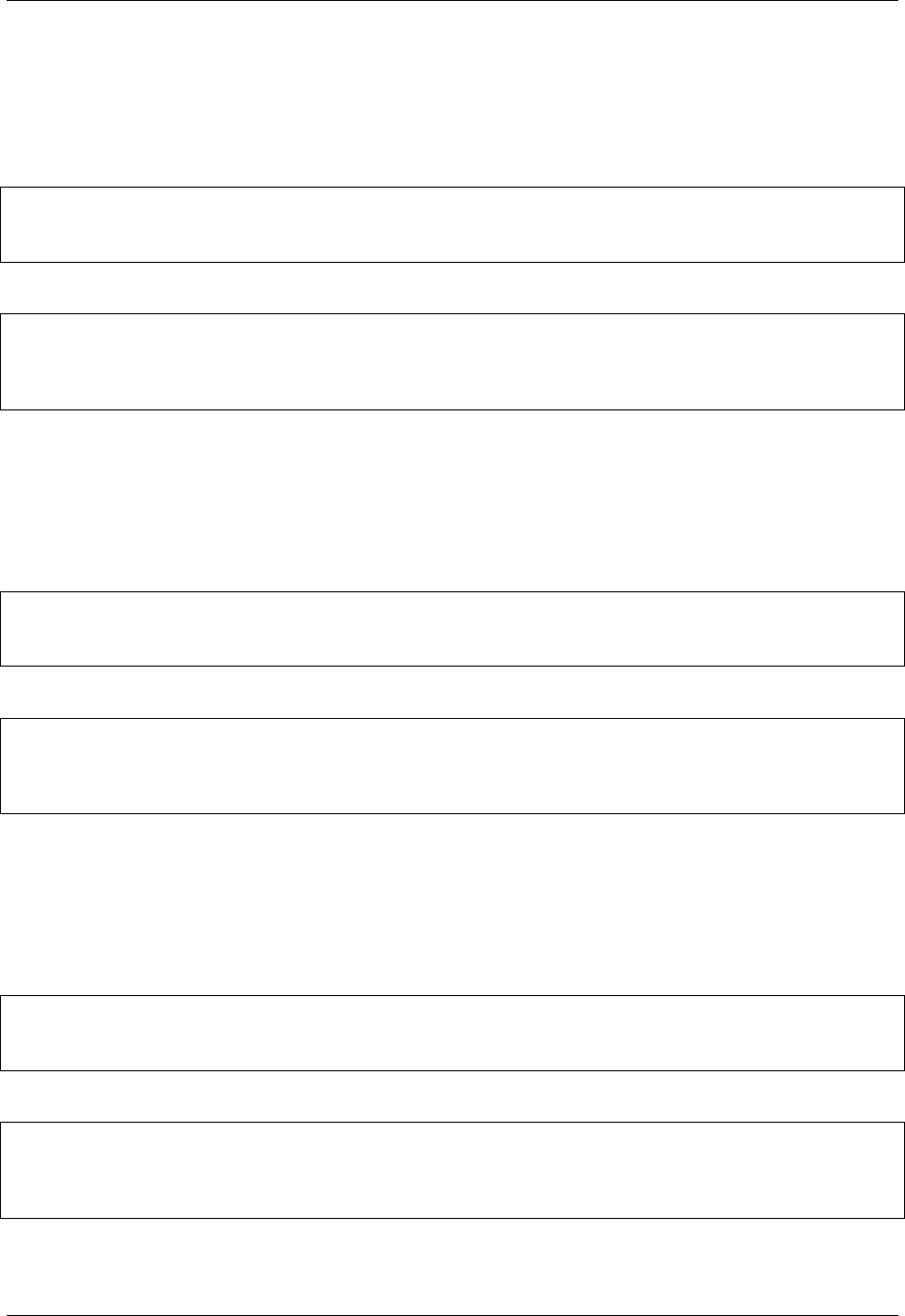
GeoServer User Manual, Release 2.15.1
Wrong height parameter
The following request is not handled by the GeoWebCache WMS because the image requested (256x257)
does not conform to the expected 256x256 tile size.
Request:
curl -v "http://localhost:8080/geoserver/topp/wms?TILED=true&LAYERS=states&
,→FORMAT=image/png&REQUEST=GetMap&STYLES=&SRS=EPSG:4326&BBOX=-135,45,-112.5,67.5&
,→WIDTH=256&HEIGHT=257"
Response:
<HTTP/1.1 200 OK
<Content-Type: image/png
<geowebcache-miss-reason: request does not align to grid(s) 'EPSG:4326'
...
No tile layer associated
The following request is not handled by the GeoWebCache WMS because the layer requested has no tile
layer configured.
Request:
curl -v "http://localhost:8080/geoserver/topp/wms?TILED=true&LAYERS=tasmania_roads&
,→FORMAT=image/png&REQUEST=GetMap&STYLES=&SRS=EPSG:4326&BBOX=-135,45,-112.5,67.5&
,→WIDTH=256&HEIGHT=256"
Response:
<HTTP/1.1 200 OK
<Content-Type: image/png
<geowebcache-miss-reason: not a tile layer
...
Missing parameter filter
The following request is not handled by the GeoWebCache WMS because the request contains a parameter
filter (BGCOLOR) that is not configured for this layer.
Request:
curl -v "http://localhost:8080/geoserver/topp/wms?BGCOLOR=0xAAAAAA&TILED=true&
,→LAYERS=states&FORMAT=image/png&REQUEST=GetMap&STYLES=&SRS=EPSG:4326&BBOX=-135,45,-
,→112.5,67.5&WIDTH=256&HEIGHT=256"
Response:
<HTTP/1.1 200 OK
<Content-Type: image/png
<geowebcache-miss-reason: no parameter filter exists for BGCOLOR
...
1536 Chapter 14. GeoWebCache

GeoServer User Manual, Release 2.15.1
CRS not defined
The following request is not handled by the GeoWebCache WMS because the request references a CRS
(EPSG:26986) that does not match any of the tile layer gridsets:
Request:
curl -v "http://localhost:8080/geoserver/topp/wms?TILED=true&LAYERS=states&
,→FORMAT=image/png&REQUEST=GetMap&STYLES=&SRS=EPSG:26986&BBOX=-135,45,-112.5,67.5&
,→WIDTH=256&HEIGHT=256"
Response:
<HTTP/1.1 200 OK
<Content-Type: image/png
<geowebcache-miss-reason: no cache exists for requested CRS
...
Workspace Styles
If a cached layer uses a style which is tied to a workspace, the layer needs to be viewed in the context of
that workspace in order for the style to be visible. Trying to cache such a layer will result in an error.
By default, the embeded GeoWebCache uses the global workspace. This can be overridden using a
WORKSPACE parameter. To enable this, create a List of Strings Parameter filter for the layer named
WORKSPACE. Set the default to the name of the workspace containing the style. Setting the other values
will not be useful in most cases.
Moving the style to a new workspace will require updating the filter.
This parameter only applies to integrated tile layers. If you are adding a GeoServer layer on a remote
GeoServer directly to GWC, then specify the workspace as part of the path as you would normally.
14.7. Troubleshooting 1537

GeoServer User Manual, Release 2.15.1
1538 Chapter 14. GeoWebCache

CHAPTER 15
Extensions
Extensions are modules that add functionality to GeoServer. They are installed as add-ons to the base
GeoServer installation.
This section describes most of the extensions available for GeoServer. Other data formats can be found in
the Vector data,Raster data, and Databases sections.
15.1 Control flow module
The control-flow module for GeoServer allows the administrator to control the amount of concurrent
requests actually executing inside the server, as well as giving an opportunity to slow down users making
too many requests. This kind of control is useful for a number of reasons:
•Performance: tests show that, with local data sources, the maximum throughput in GetMap requests is
achieved when allowing at most 2 times the number of CPU cores requests to run in parallel.
•Resource control: requests such as GetMap can use a significant amount of memory. The WMS request
limits allow to control the amount of memory used per request, but an OutOfMemoryError is still
possible if too many requests run in parallel. By controlling also the amount of requests executing it’s
possible to limit the total amount of memory used below the memory that was actually given to the
Java Virtual Machine.
•Fairness: a single user should not be able to overwhelm the server with a lot of requests, leaving other
users with tiny slices of the overall processing power.
The control flow method does not normally reject requests, it just queues up those in excess and executes
them late. However, it’s possible to configure the module to reject requests that have been waited in queue
for too long.
15.1.1 Rule syntax reference
The current implementation of the control flow module reads its rules from a controlflow.properties
property file located in the GeoServer data directory.
1539
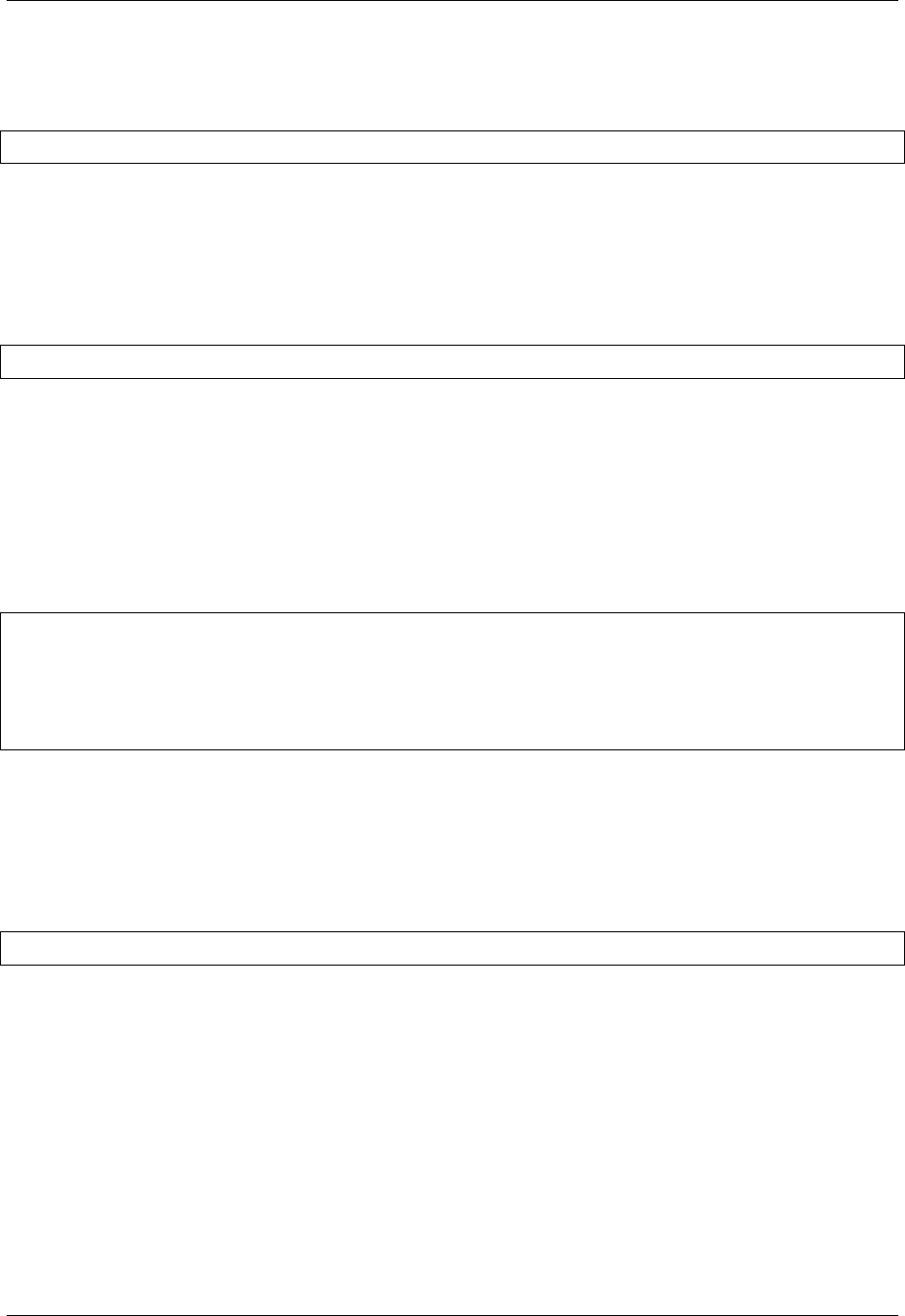
GeoServer User Manual, Release 2.15.1
Total OWS request count
The global number of OWS requests executing in parallel can be specified with:
ows.global=<count>
Every request in excess will be queued and executed when other requests complete leaving some free
execution slot.
Per request control
A per request type control can be demanded using the following syntax:
ows.<service>[.<request>[.<outputFormat>]]=<count>
Where:
•<service> is the OWS service in question (at the time of writing can be wms,wfs,wcs)
•<request>, optional, is the request type. For example, for the wms service it can be GetMap,
GetFeatureInfo,DescribeLayer,GetLegendGraphics,GetCapabilities
•<outputFormat>, optional, is the output format of the request. For example, for the wms GetMap
request it could be image/png,image/gif and so on
A few examples:
# don't allow more than 16 WCS requests in parallel
ows.wcs=16
# don't allow more than 8 GetMap requests in parallel
ows.wms.getmap=8
# don't allow more than 2 WFS GetFeature requests with Excel output format
ows.wfs.getfeature.application/msexcel=2
Request priority support
Requests controlled by “ows.*” controllers above can be also executed in priority order, in case there are too
many the request will block and wait, and will we awoken in priority order (highest to lowest).
Currently the only way to specific a priority for a request is to add it to a request HTTP header:
ows.priority.http=<headerName>,<defaultPriority>
The header “headerName” will contain a number defining the priority for the request, the default priority
is used as a fallback if/when the header is not found.
Using a header implies some other system is involved in the priority management. This is particulary
good when using a load balancer, as the requests priorities need to be evenly split across cluster elements,
control-flow only has visibility of a single instance. As an example, the priority will be de-facto ignored at
the cluster level if there are two nodes, and for whatever chance or design, the high priority requests end
up converging on the same cluster node.
1540 Chapter 15. Extensions
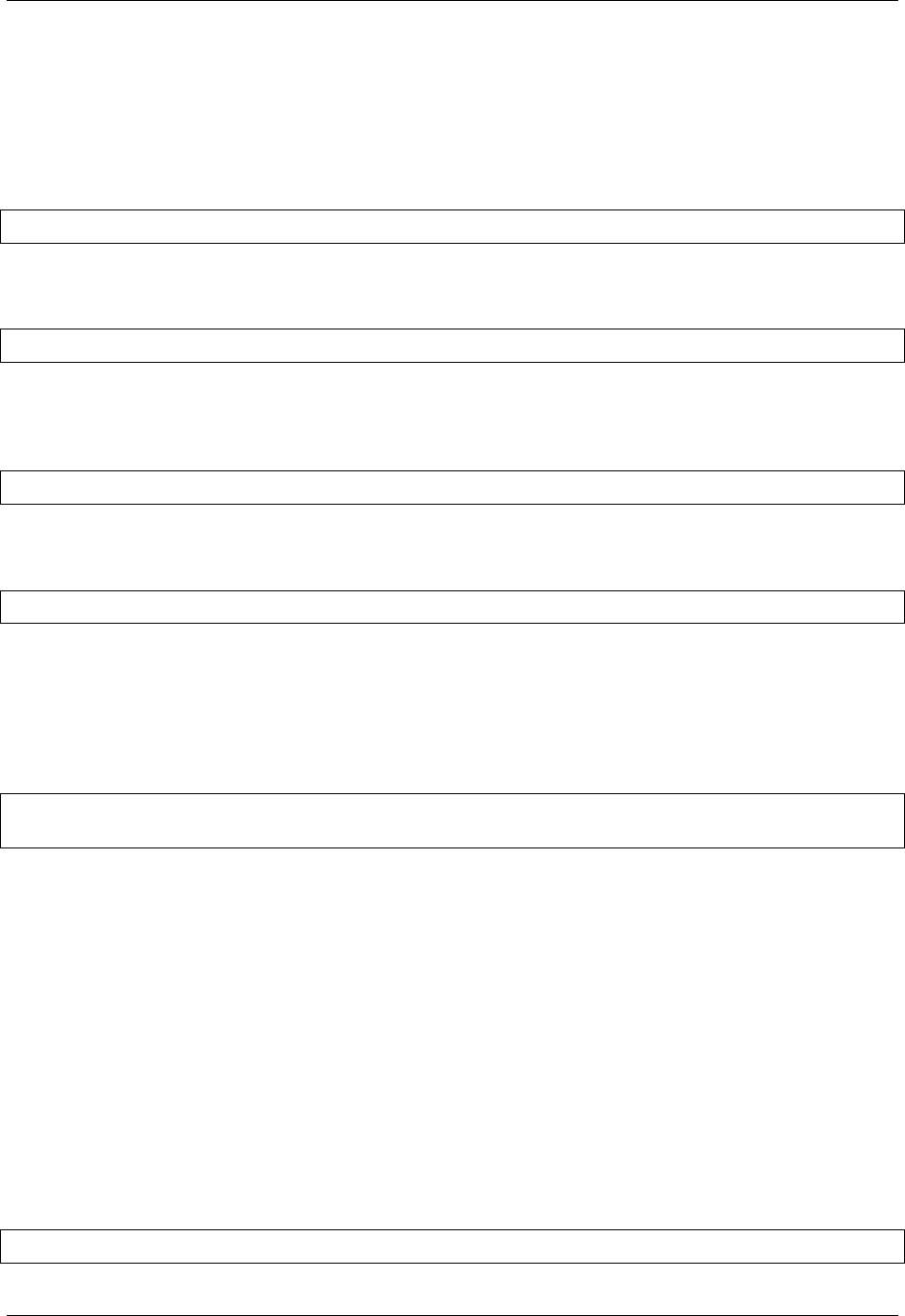
GeoServer User Manual, Release 2.15.1
Per user concurrency control
There are two mechanisms to identify user requests. The first one is cookie based, so it will work fine for
browsers but not as much for other kinds of clients. The second one is ip based, which works for any type
of client but that can limit all the users sitting behind the same router
This avoids a single user (as identified by a cookie) to make too many requests in parallel:
user=<count>
Where <count> is the maximum number of requests a single user can execute in parallel.
The following avoids a single ip address from making too many requests in parallel:
ip=<count>
Where <count> is the maximum number of requests a single ip address can execute in parallel.
It is also possible to make this a bit more specific and throttle a single ip address instead by using the
following:
ip.<ip_addr>=<count>
Where <count> is the maximum number of requests the ip speficied in <ip_addr> will execute in parallel.
To reject requests from a list of ip addresses:
ip.blacklist=<ip_addr1>,<ip_addr2>,...
Per user rate control
The rate control rules allow to setup the maximum number of requests per unit of time, based either on a
cookie or IP address. These rules look as follows (see “Per user concurrency control” for the meaning of
“user” and “ip”):
user.ows[.<service>[.<request>[.<outputFormat>]]]=<requests>/<unit>[;<delay>s]
ip.ows[.<service>[.<request>[.<outputFormat>]]]=<requests>/<unit>[;<delay>s]
Where:
•<service> is the OWS service in question (at the time of writing can be wms,wfs,wcs)
•<request>, optional, is the request type. For example, for the wms service it can be GetMap,
GetFeatureInfo,DescribeLayer,GetLegendGraphics,GetCapabilities
•<outputFormat>, optional, is the output format of the request. For example, for the wms GetMap
request it could be image/png,image/gif and so on
•<requests> is the number of requests in the unit of time
•<unit> is the unit of time, can be “s”, “m”, “h”, “d” (second, minute, hour and day respectively).
•<delay> is an optional the delay applied to the requests that exceed the maximum number of re-
quests in the current time slot. If not specified, once the limit is exceeded a immediate failure response
with HTTP code 429 (“Too many requests”) will be sent back to the caller.
The following rule will allow 1000 WPS Execute requests a day, and delay each one in excess by 30 seconds:
user.ows.wps.execute=1000/d;30s
15.1. Control flow module 1541
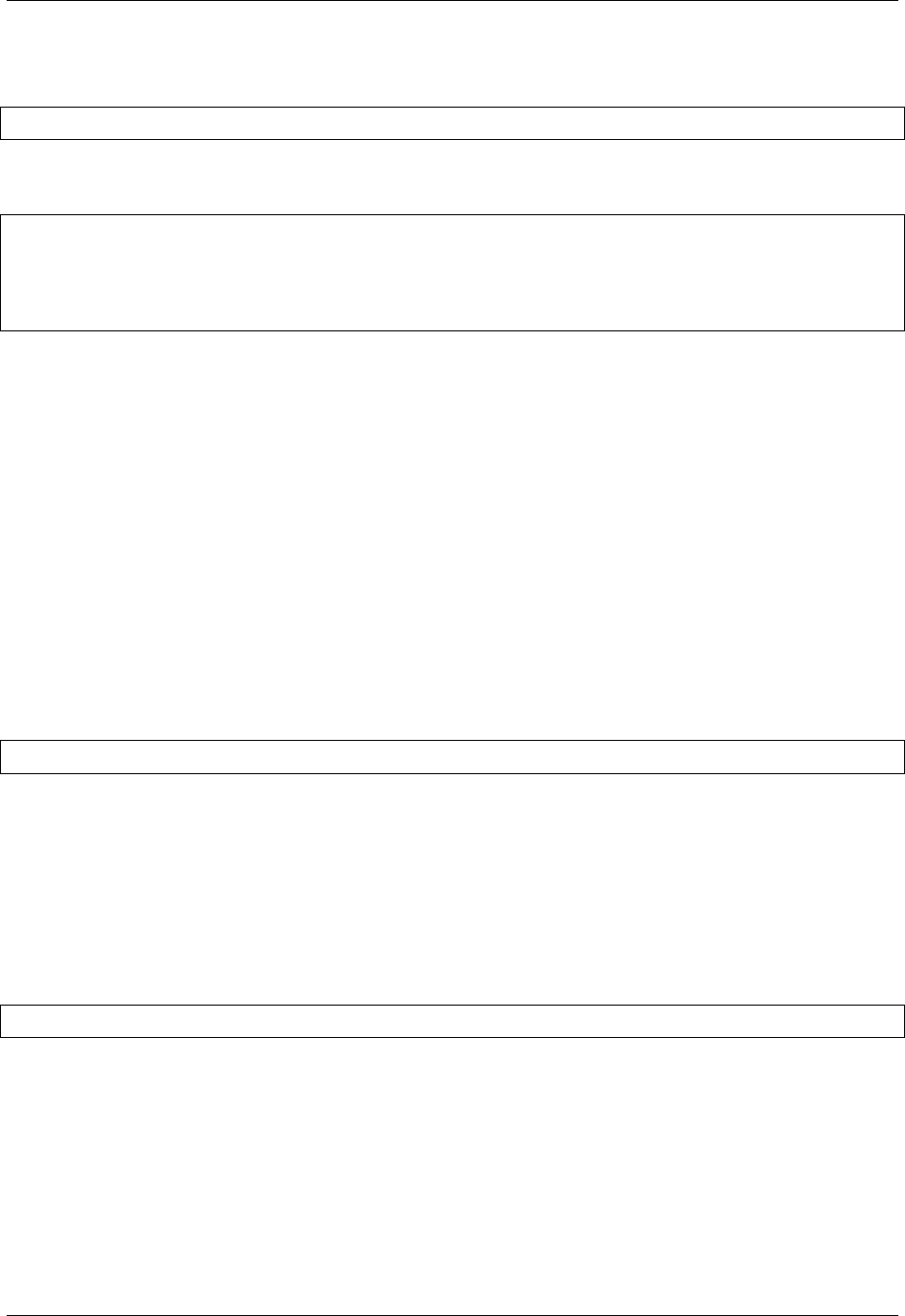
GeoServer User Manual, Release 2.15.1
The following rule will instead allow up to 30 GetMap requests a second, but will immediately fail any
request exceeding the cap:
user.ows.wms.getmap=30/s
In both cases headers informing the user of the request rate control will be added to the HTTP response.
For example:
X-Rate-Limit-Context: Any OGC request
X-Rate-Limit-Limit: 10
X-Rate-Limit-Remaining: 9
X-Rate-Limit-Reset: 1103919616
X-Rate-Limit-Action: Delay excess requests 1000ms
In case several rate control rules apply to a single request, a batch of headers will be added to the response
for each of them, it is thus advised to avoid adding too many of these rules in parallel
Where:
•X-Rate-Limit-Context is the type of request being subject to control
•X-Rate-Limit-Limit is the total amount of requests allowed in the control interval
•X-Rate-Limit-Remaining is the number of remaining requests allowed before the rate control
kicks in
•X-Rate-Limit-Reset is the Unix epoch at which the new control interval will begin
•X-Rate-Limit-Action specifies what action is taken on requests exceeding the rate control
Timeout
A request timeout is specified with the following syntax:
timeout=<seconds>
where <seconds> is the number of seconds a request can stay queued waiting for execution. If the request
does not enter execution before the timeout expires it will be rejected.
15.1.2 Throttling tile requests (WMS-C, TMS, WMTS)
GeoWebCache contributes three cached tiles services to GeoServer: WMS-C, TMS, and WMTS. It is also
possible to use the Control flow module to throttle them, by adding the following rule to the configuration
file:
ows.gwc=<count>
Where <count> is the maximum number of concurrent tile requests that will be delivered by GeoWeb-
Cache at any given time.
Note also that tile request are sensitive to the other rules (user based, ip based, timeout, etc).
15.1.3 A complete example
Assuming the server we want to protect has 4 cores a sample configuration could be:
1542 Chapter 15. Extensions

GeoServer User Manual, Release 2.15.1
# if a request waits in queue for more than 60 seconds it's not worth executing,
# the client will likely have given up by then
timeout=60
# don't allow the execution of more than 100 requests total in parallel
ows.global=100
# don't allow more than 10 GetMap in parallel
ows.wms.getmap=10
# don't allow more than 4 outputs with Excel output as it's memory bound
ows.wfs.getfeature.application/msexcel=4
# don't allow a single user to perform more than 6 requests in parallel
# (6 being the Firefox default concurrency level at the time of writing)
user=6
# don't allow the execution of more than 16 tile requests in parallel
# (assuming a server with 4 cores, GWC empirical tests show that throughput
# peaks up at 4 x number of cores. Adjust as appropriate to your system)
ows.gwc=16
15.2 DXF OutputFormat for WFS and WPS PPIO
This extension adds two distinct functionalities to GeoServer, both related to DXF format support as an
output.
DXF is a CAD interchange format, useful to import data in several CAD systems. Being a textual format it
can be easily compressed to a much smaller version, so the need for a DXF-ZIP format, for low bandwidth
usage.
There have been multiple revisions of the format, so we need to choose a “version” of DXF to write. The
extension implements version 14, but can be easily extended (through SPI providers) to write other versions
too.
The DXF OutputFormat for WFS adds the support for two additional output formats for WFS GetFeature re-
quests. The new formats, DXF and DXF-ZIP are associated to the “application/dxf” and “application/zip”
mime type, respectively. They produce a standard DXF file or a DXF file compressed in zip format.
The WPS PPIO adds dxf as an on output format option for WPS processes. The WPS PPIO requires the
WPS extension to be installed on GeoServer.
15.2.1 WFS Output Format usage
Request Example:
http://localhost:8080/geoserver/wfs?request=GetFeature&typeName=Polygons&
outputFormat=dxf
Output Example (portion):
0
SECTION
2
HEADER
9
$ACADVER
1
AC1014
...
15.2. DXF OutputFormat for WFS and WPS PPIO 1543

GeoServer User Manual, Release 2.15.1
0
ENDSEC
...
0
SECTION
2
TABLES
...
0
TABLE
2
LAYER
...
0
LAYER
5
2E
330
2
100
AcDbSymbolTableRecord
100
AcDbLayerTableRecord
2
POLYGONS
70
0
62
7
6
CONTINUOUS
0
ENDTAB
...
0
ENDSEC
0
SECTION
2
BLOCKS
...
0
ENDSEC
0
SECTION
2
ENTITIES
0
LWPOLYLINE
5
927C0
330
1F
100
AcDbEntity
8
POLYGONS
100
1544 Chapter 15. Extensions

GeoServer User Manual, Release 2.15.1
AcDbPolyline
90
5
70
1
43
0.0
10
500225.0
20
500025.0
10
500225.0
20
500075.0
10
500275.0
20
500050.0
10
500275.0
20
500025.0
10
500225.0
20
500025.0
0
ENDSEC
0
SECTION
2
OBJECTS
...
0
ENDSEC
0
EOF
Each single query is rendered as a layer. Geometries are encoded as entities (if simple enough to be ex-
pressed by a single DXF geometry type) or blocks (if complex, such as polygons with holes or collections).
Some options are available to control the output generated. They are described in the following paragraphs.
15.2.2 GET requests format_options
The following format_options are supported:
1. version: (number) creates a DXF in the specified version format (only 14 is currently supported)
2. asblock: (true/false) if true, all geometries are written as blocks and then inserted as entities. If
false, simple geometries are directly written as entities.
3. colors: (comma delimited list of numbers): colors to be used for the DXF layers, in sequence. If
layers are more than the specified colors, they will be reused many times. A set of default colors
is used if the option is not used. Colors are AutoCad color numbers (7=white, etc.).
4. ltypes: (comma delimited list of line type descriptors): line types to be used for the DXF layers,
15.2. DXF OutputFormat for WFS and WPS PPIO 1545

GeoServer User Manual, Release 2.15.1
in sequence. If layers are more than the specified line types, they will be reused many times. If
not specified, all layers will be given a solid, continuous line type. A descriptor has the following
format: <name>!<repeatable pattern>[!<base length>], where <name> is the name assigned to
the line type, <base length> (optional) is a real number that tells how long is each part of the
line pattern (defaults to 0.125), and <repeatable pattern> is a visual description of the repeatable
part of the line pattern, as a sequence of - (solid line),* (dot) and _ (empty space). For example a
dash-dot pattern would be expressed as –_*_.
5. layers: (comma delimited list of strings) names to be assigned to the DXF layers. If specified,
must contain a name for each requested query. By default a standard name will be assigned to
layers.
6. withattributes: (true/false) enables writing an extra layer with attributes from each feature, the
layer has a punctual geometry, with a point in the centroid of the original feature
15.2.3 POST options
Unfortunately, it’s not currently possibile to use format_options in POST requests. The only thing we chose
to implement is the layers options, via the handle attribute of Query attributes. So, if specified, the layer of
a Query will be named as its handle attribute. The handle attribute of the GetFeature tag can also be used
to override the name of the file produced.
15.2.4 WPS PPIO
When the WPS PPIO module is installed, together with the WPS extension, WPS processes returning a
FeatureCollection can use application/dxf or application/zip as output mime type to get a DXF (or zipped
DXF) in output.
15.3 Excel WFS Output Format
The GeoServer Excel plugin adds the ability to output WFS responses in either Excel 97-2003 (.xls) or
Excel 2007 (.xlsx) formats.
15.3.1 Installation
1. Download the Excel plugin for your version of GeoServer from the download page.
2. Unzip the archive into the WEB-INF/lib directory of the GeoServer installation.
3. Restart GeoServer.
15.3.2 Usage
When making a WFS request, set the outputFormat to excel (for Excel 97-2003) or excel2007 (for Excel
2007).
15.3.3 Examples
Excel 97-2003 GET: http://localhost:8080/geoserver/wfs?request=GetFeature&version=1.1.
0&typeName=topp:states&outputFormat=excel
1546 Chapter 15. Extensions
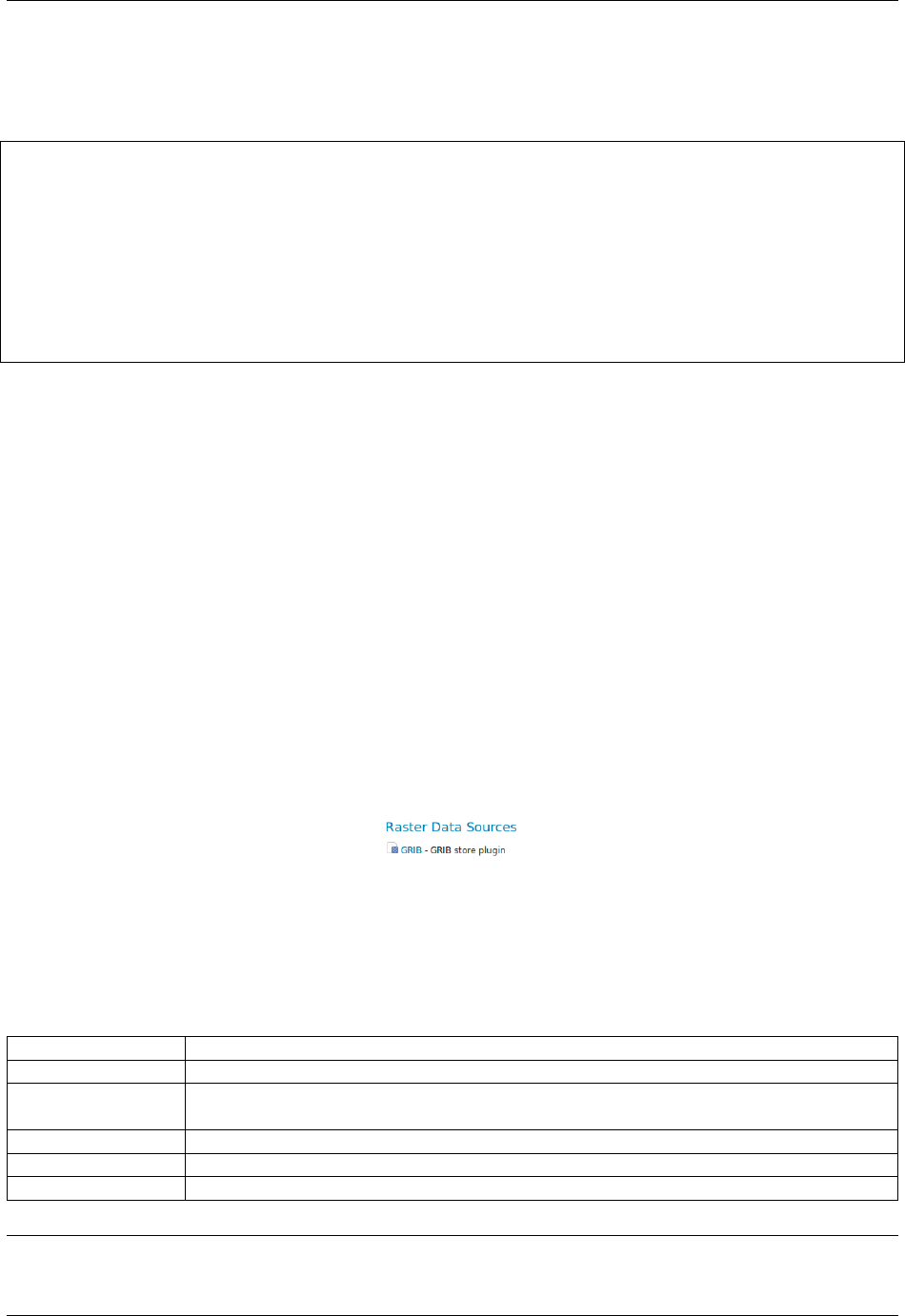
GeoServer User Manual, Release 2.15.1
Excel 2007 GET: http://localhost:8080/geoserver/wfs?request=GetFeature&version=1.1.0&typeName=
topp:states&outputFormat=excel2007
Excel 97-2003 POST:
<wfs:GetFeature service="WFS" version="1.1.0"
outputFormat="excel"
xmlns:topp="http://www.openplans.org/topp"
xmlns:wfs="http://www.opengis.net/wfs"
xmlns:ogc="http://www.opengis.net/ogc"
xmlns:xsi="http://www.w3.org/2001/XMLSchema-instance"
xsi:schemaLocation="http://www.opengis.net/wfs
http://schemas.opengis.net/wfs/1.1.0/wfs.xsd">
<wfs:Query typeName="topp:states" />
</wfs:GetFeature>
15.3.4 Limitations
Excel 97-2003 files are stored in a binary format and are thus space-efficient, but have inherent size limita-
tions (65,526 rows per sheet; 256 columns per sheet).
Excel 2007 files are XML-based, and have much higher limits (1,048,576 rows per sheet; 16,384 columns per
sheet). However, because they are text files Excel 2007 files are usually larger than Excel 97-2003 files.
If the number of rows in a sheet or characters in a cell exceeds the limits of the chosen Excel file format,
warning text is inserted to indicate the truncation.
15.4 GRIB
15.4.1 Adding a GRIB data store
To add a GRIB data store the user must go to Stores –> Add New Store –> GRIB.
Fig. 15.1: GRIB in the list of raster data stores
15.4.2 Configuring a GRIB data store
Option Description
Workspace
Data Source
Name
Description
Enabled
URL
15.4. GRIB 1547
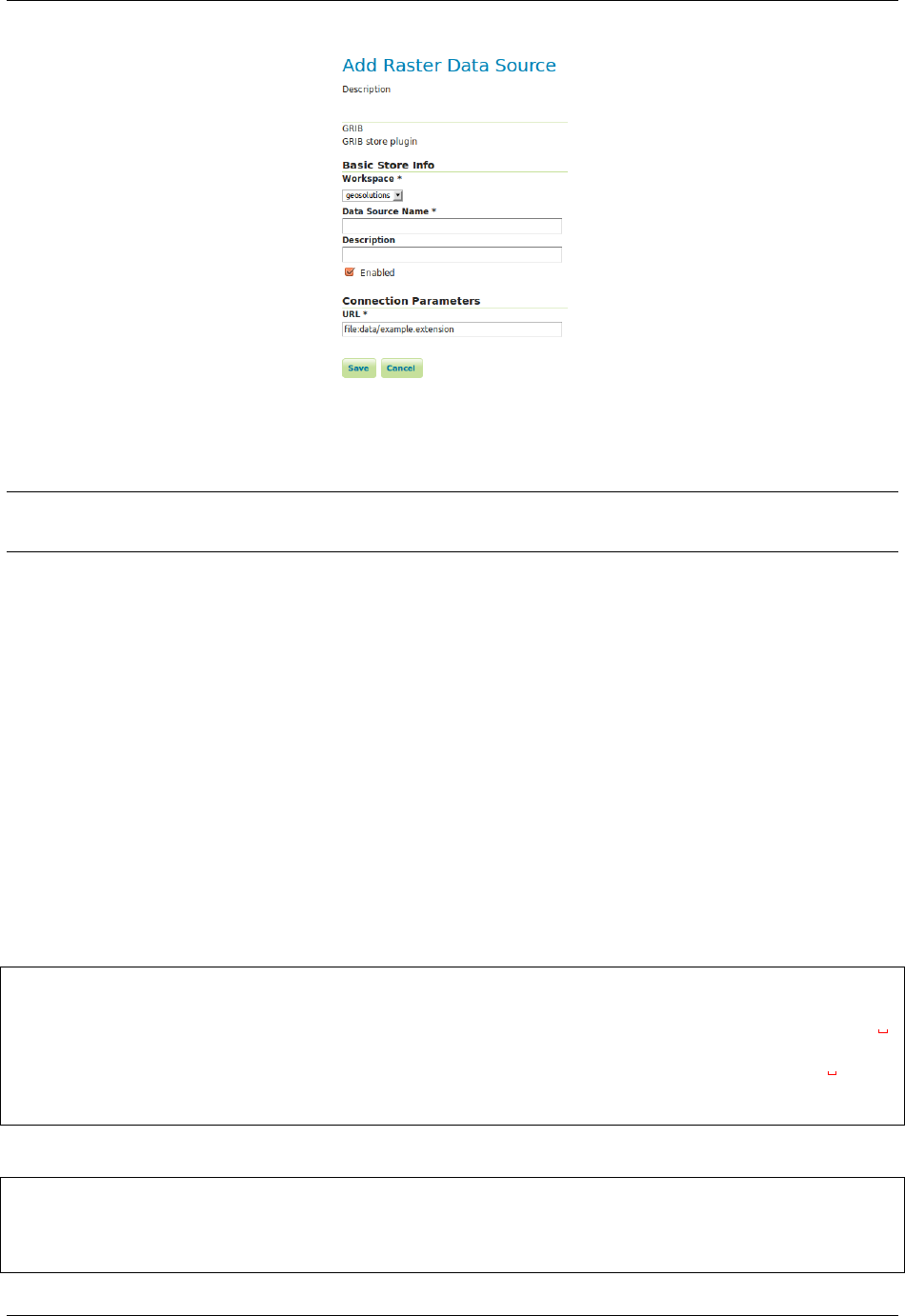
GeoServer User Manual, Release 2.15.1
Fig. 15.2: Configuring a GRIB data store
Note: Note that internally the GRIB extension uses the NetCDF reader, which supports also GRIB data.
See also the NetCDF documentation page for further information.
15.4.3 Current limitations
• Input coverages/slices should share the same bounding box (lon/lat coordinates are the same for the
whole ND cube)
15.5 Imagemap
HTML ImageMaps have been used for a long time to create interactive images in a light way. Without using
Flash, SVG or VML you can simply associate different links or tooltips to different regions of an image. Why
can’t we use this technique to achieve the same result on a GeoServer map? The idea is to combine a raster
map (png, gif, jpeg, . . . ) with an HTML ImageMap overlay to add links, tooltips, or mouse events behavior
to the map.
An example of an ImageMap adding tooltips to a map:
<img src="..." usemap="#mymap"/>
<map name="mymap">
<area shape="poly" coords="536,100 535,100 534,101 533,101 532,102" title="This
,→is a tooltip"/>
<area shape="poly" coords="518,113 517,114 516,115 515,114" title="Another
,→tooltip"/>
</map>
An example of an ImageMap adding links to a map:
<img src="..." usemap="#mymap"/>
<map name="mymap">
<area shape="poly" coords="536,100 535,100 534,101 533,101 532,102" href="http:/
,→/www.mylink.com"/>
1548 Chapter 15. Extensions
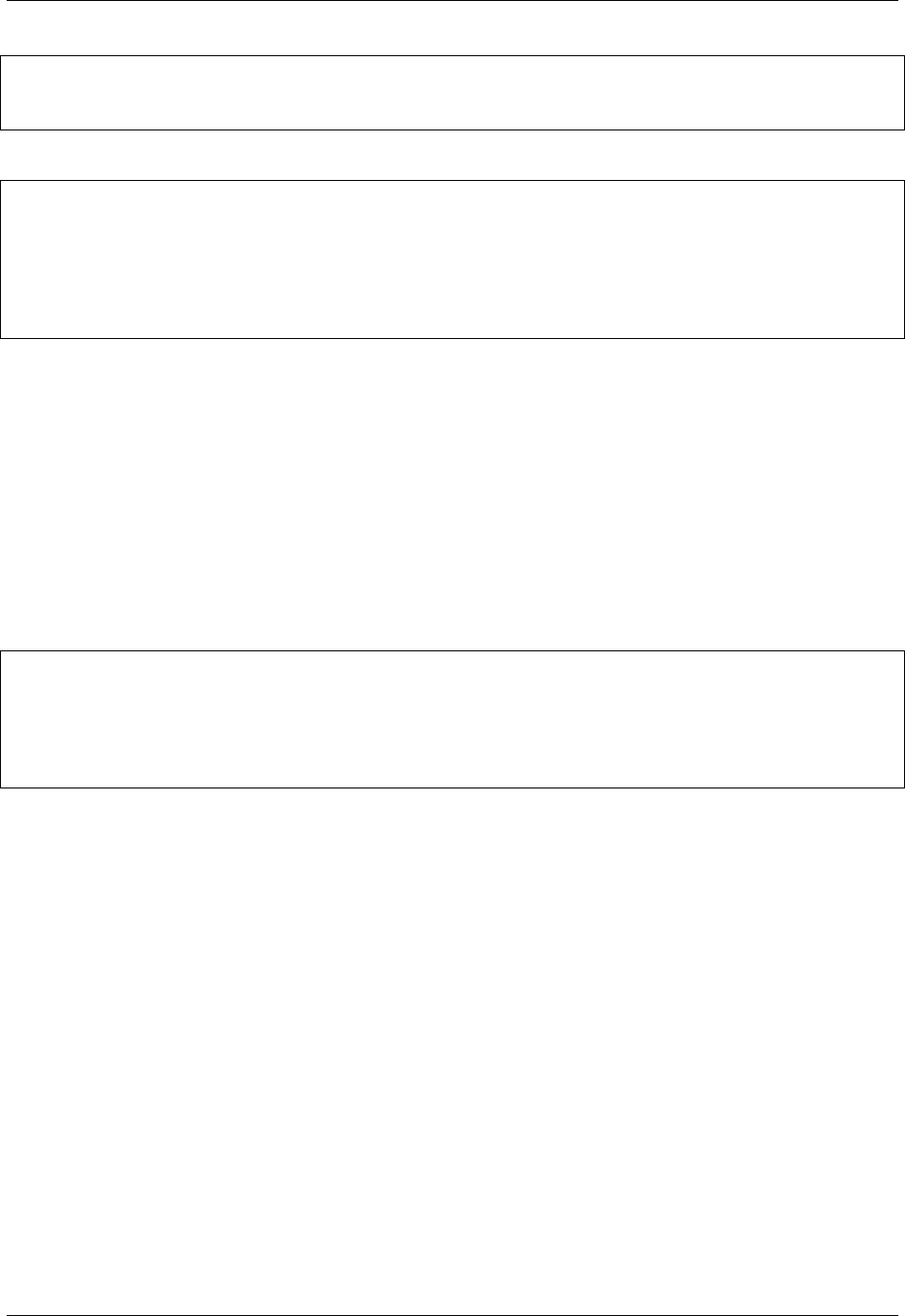
GeoServer User Manual, Release 2.15.1
<area shape="poly" coords="518,113 517,114 516,115 515,114" href="http://www.
,→mylink2.com"/>
</map>
A more complex example adding interactive behaviour on mouse events:
<img src="..." usemap="#mymap"/>
<map name="mymap">
<area shape="poly" coords="536,100 535,100 534,101 533,101 532,102" onmouseover=
,→"onOver('<featureid>')" onmouseout="onOut('<featureid>')"/>
<area shape="poly" coords="518,113 517,114 516,115 515,114" onmouseover=
,→"onOver('<featureid>')" onmouseout="onOut('<featureid>')"/>
</map>
To realize this in GeoServer some great community contributors developed an HTMLImageMap GetMap-
Producer for GeoServer, able to render an HTMLImageMap in response to a WMS GetMap request.
The GetMapProducer is associated to the text/html mime type. It produces, for each requested layer, a
<map>. . . </map> section containing the geometries of the layer as distinct <area> tags. Due to the limi-
tations in the shape types supported by the <area> tag, a single geometry can be split into multiple ones.
This way almost any complex geometry can be rendered transforming it into simpler ones.
To add interactive attributes we use styling. In particular, an SLD Rule containing a TextSymbolizer with a
Label definition can be used to define dynamic values for the <area> tags attributes. The Rule name will be
used as the attribute name.
As an example, to define a title attribute (associating a tooltip to the geometries of the layer) you can use a
rule like the following one:
<Rule>
<Name>title</Name>
<TextSymbolizer>
<Label><PropertyName>MYPROPERTY</PropertyName></Label>
</TextSymbolizer>
</Rule>
To render multiple attributes, just define multiple rules, with different names (href, onmouseover, etc.)
Styling support is not limited to TextSymbolizers, you can currently use other symbolizers to detail <area>
rendering. For example you can:
• use a PointSymbolizer with a Size property to define point sizes.
• use LineSymbolizer with a stroke-width CssParameter to create thick lines.
15.6 Importer
The Importer extension gives a GeoServer administrator an alternate, more-streamlined method for up-
loading and configuring new layers.
There are two primary advantages to using the Importer over the standard GeoServer data-loading work-
flow:
1. Supports batch operations (loading and publishing multiple spatial files or database tables in one
operation)
2. Creates unique styles for each layer, rather than linking to the same (existing) styles.
This section will discuss the Importer extension.
15.6. Importer 1549
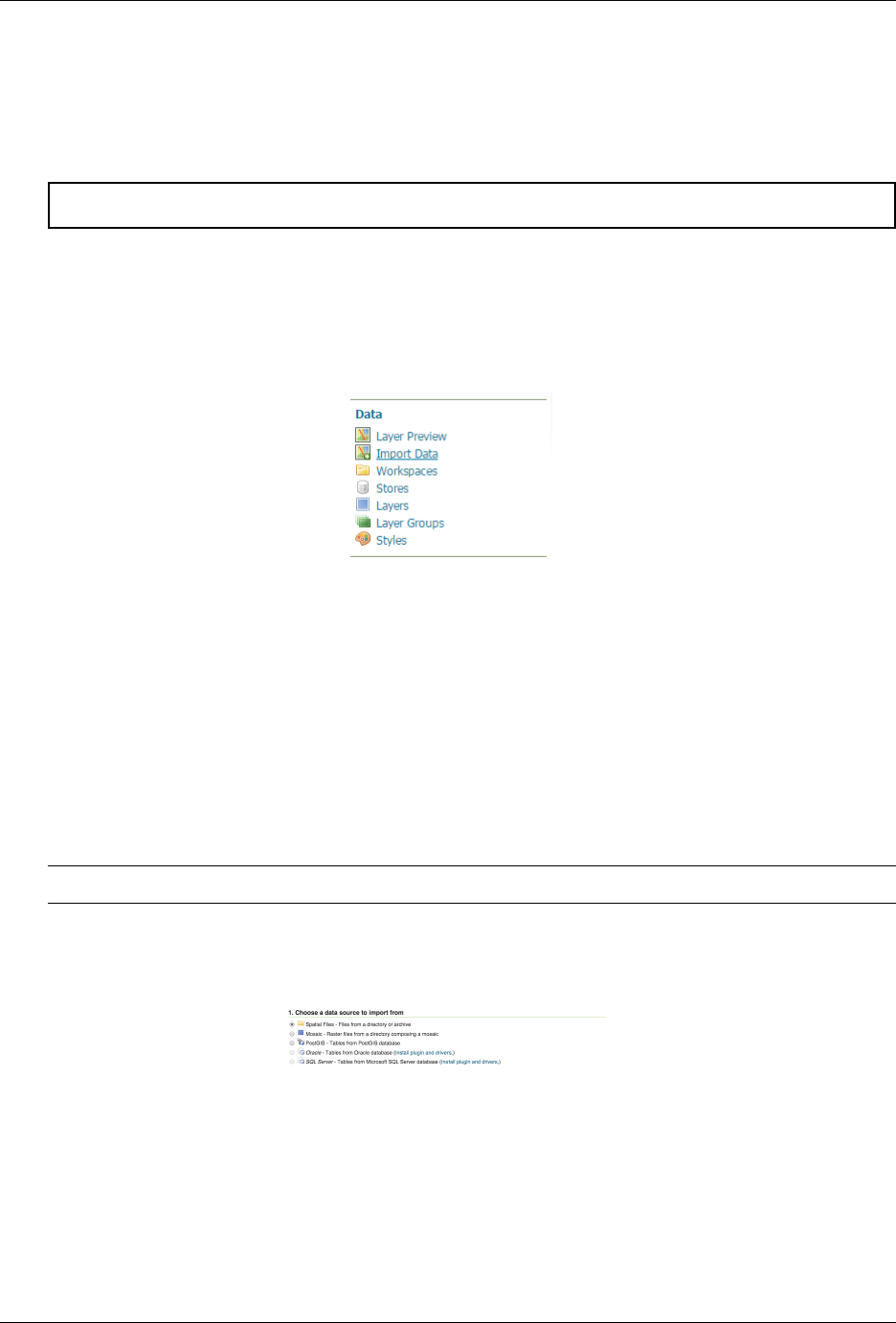
GeoServer User Manual, Release 2.15.1
15.6.1 Installing the Importer extension
The Importer extension is an official extension, available on the GeoServer download page.
1. Download the extension for your version of GeoServer. (If you see an option, select Core.)
Warning: Make sure to match the version of the extension to the version of GeoServer.
2. Extract the archive and copy the contents into the GeoServer WEB-INF/lib directory.
3. Restart GeoServer.
4. To verify that the extension was installed successfully, open the Web administration interface and look
for an Import Data option in the Data section on the left-side menu.
Fig. 15.3: Importer extension successfully installed.
For additional information please see the section on Using the Importer extension.
15.6.2 Using the Importer extension
Here are step-by-step instructions to import multiple shapefiles in one operation. For more details on
different types of operations, please see the Importer interface reference
1. Find a directory of shapefiles and copy into your GeoServer data directory.
Note: You can always use the Natural Earth Quickstart data for this task.
2. Log in as an administrator and navigate to the Data –> Import Data page.
3. For select Spatial Files as the data source.
Fig. 15.4: Data source
4. Click Browse to navigate to the directory of shapefiles to be imported.
5. The web-based file browser will show as options your home directory, data directory, and the root of
your file system (or drive). In this case, select Data directory
1550 Chapter 15. Extensions
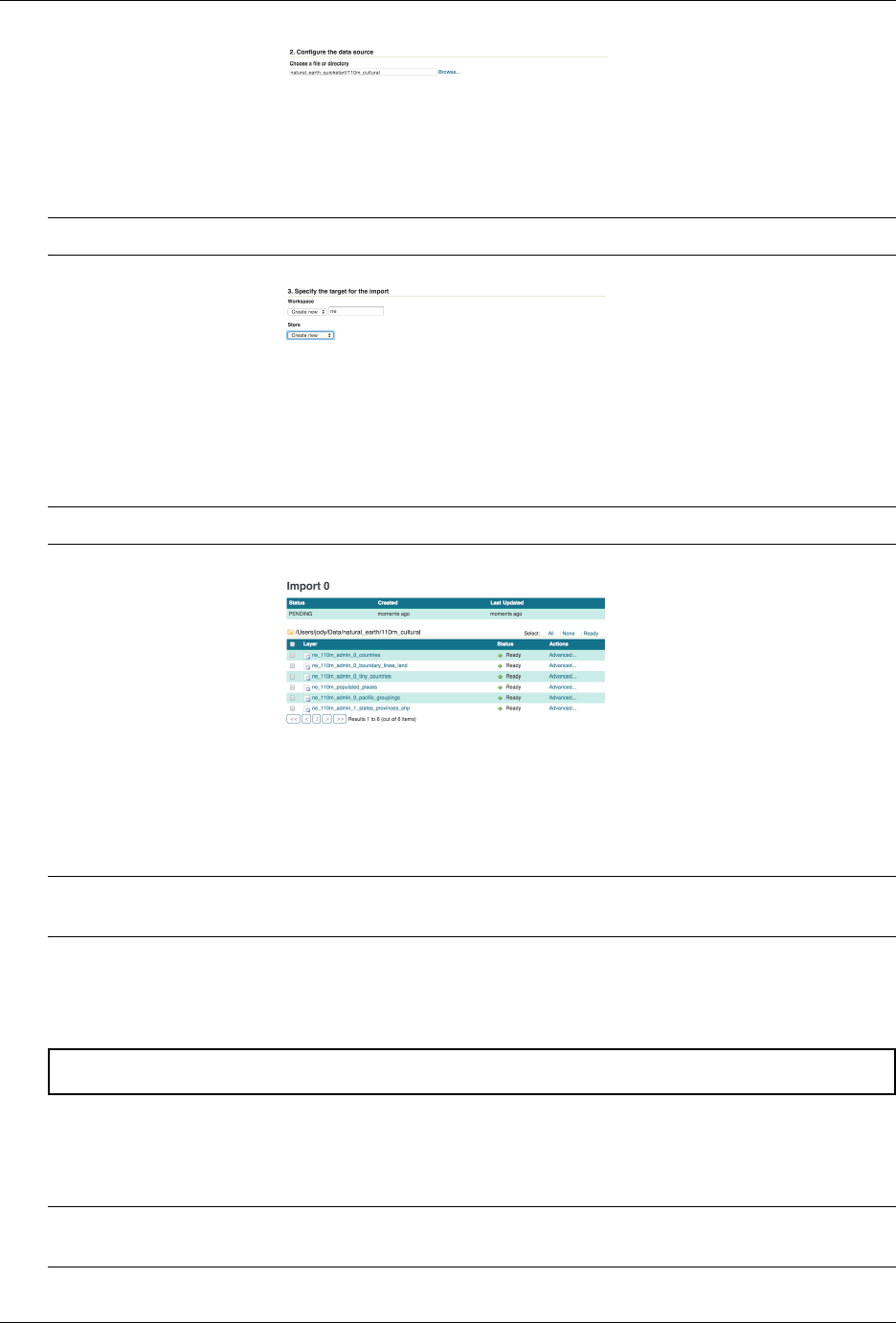
GeoServer User Manual, Release 2.15.1
Fig. 15.5: Directory
6. Back on the main form, select Create new next to Workspace, and enter ne to denote the workspace.
Note: Make sure the Store field reads Create new as well.
Fig. 15.6: Import target workspace
7. Click Next to start the import process.
8. On the next screen, any layers available for import will be shown.
Note: Non-spatial files will be ignored.
Fig. 15.7: Import layer list
9. In most cases, all files will be ready for import, but if the the spatial reference system (SRS) is not
recognized, you will need to manually input this but clicking Advanced
Note: You will need to manually input the SRS if you used the Natural Earth data above. For each
layer click on Advanced and set reprojection to EPSG:4326.
10. Check the box next to each layer you wish to import.
11. When ready, click Import.
Warning: Don’t click Done at this point, otherwise the import will be canceled.
12. The results of the import process will be shown next to each layer.
13. When finished, click Done.
Note: Recent import processes are listed at the bottom of the page. You may wish to visit these pages
to check if any difficulties were encountered during the import process or import additional layers.
15.6. Importer 1551
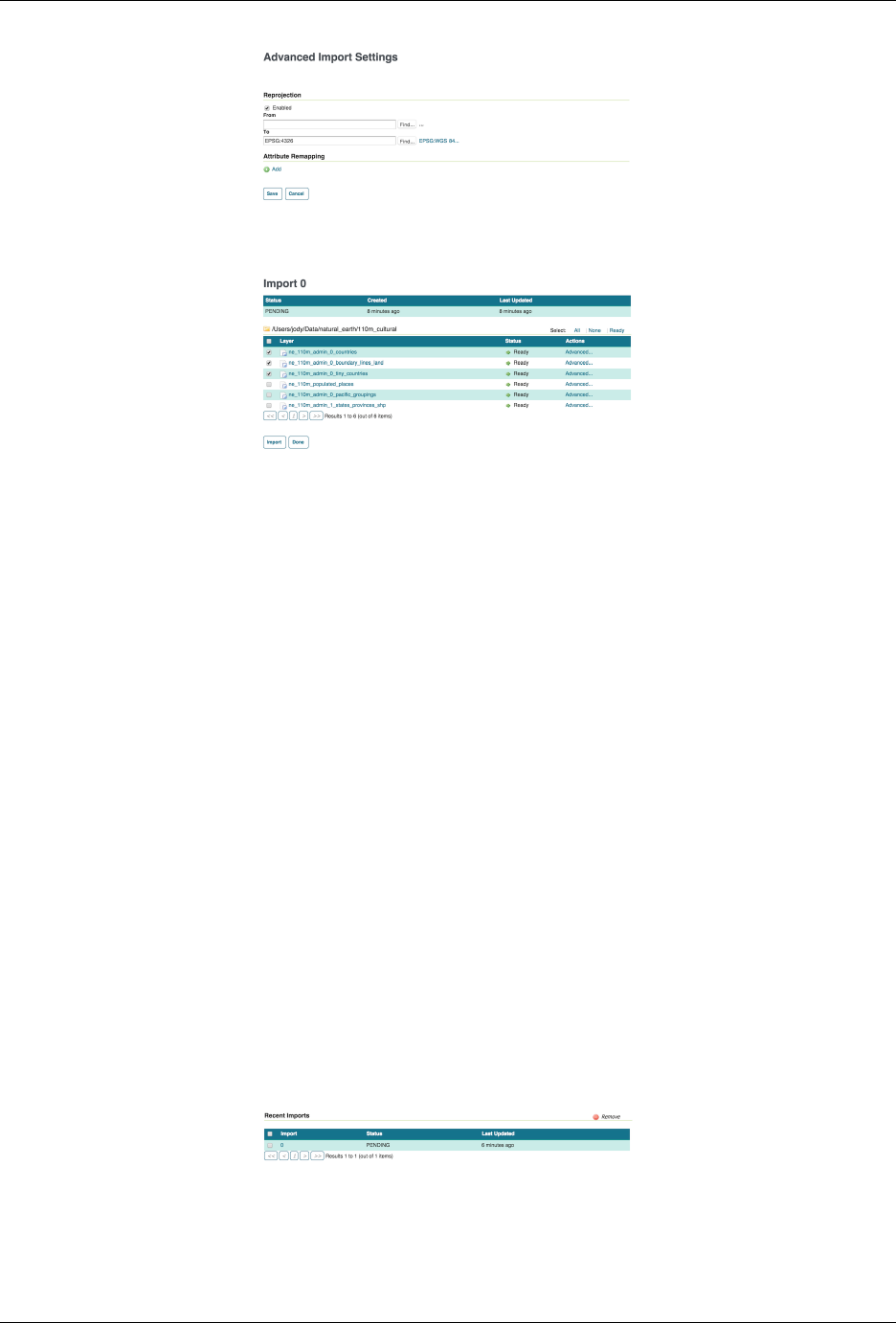
GeoServer User Manual, Release 2.15.1
Fig. 15.8: Advanced import settings
Fig. 15.9: Setting the layers to import
15.6.3 Importer interface reference
The Layer Importer user interface is a component of the GeoServer web interface. You can access it from the
GeoServer web interface by clicking the Import Data link, found on the left side of the screen after logging
in.
Data sources page
The front page of the Layer Importer is where the data source and format are set. The following options are
displayed:
Choose a data source to import from
Select one of the following data sources to use for the import:
•Spatial Files (see Supported data formats for more details)
•PostGIS database
•Oracle database
•SQL Server database
The contents of the next section is dependent on the data source chosen here.
Fig. 15.10: Recent imports
1552 Chapter 15. Extensions
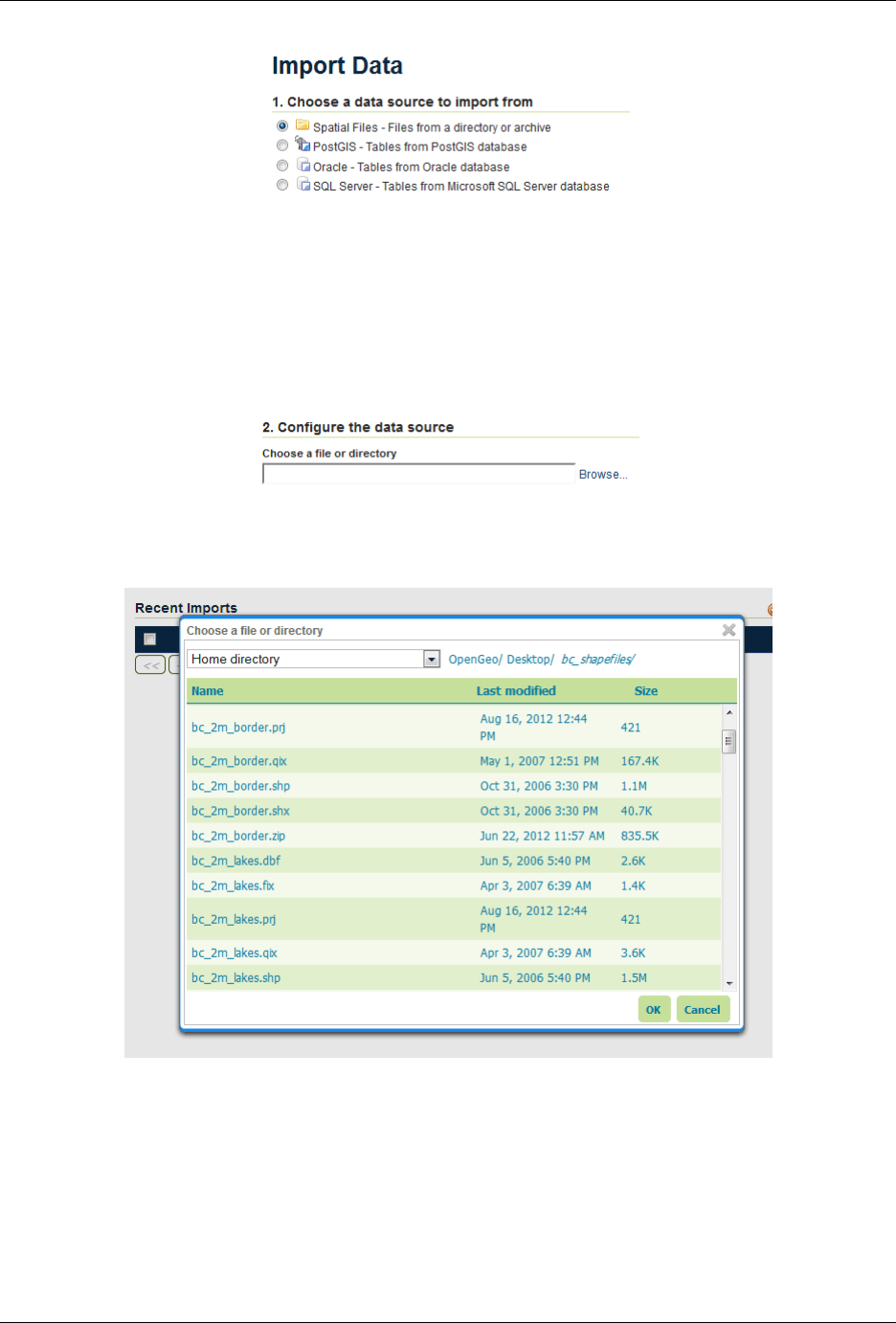
GeoServer User Manual, Release 2.15.1
Fig. 15.11: Choose a data source
Configure the data source: Spatial Files
There is a single box for selecting a file or directory. Click the Browse link to bring up a file chooser. To select
a file, click on it. To select a directory, click on a directory name to open it and then click OK.
Fig. 15.12: Spatial file data source
Fig. 15.13: File chooser for selecting spatial files
Configure the data source: PostGIS
Fill out fields for Connection type (Default or JNDI) Host,Port,Database name, Schema,Username to connect
with, and Password.
15.6. Importer 1553
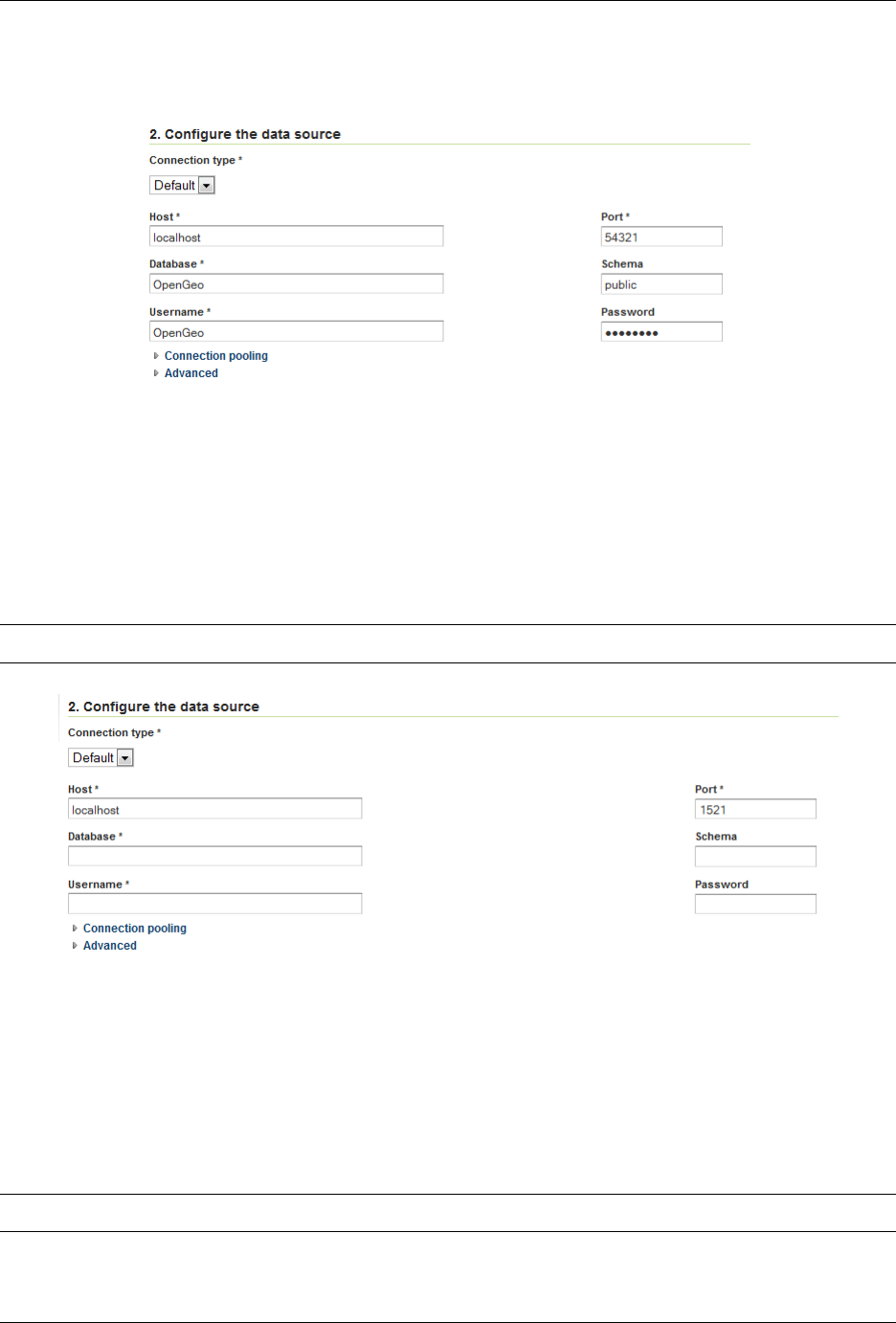
GeoServer User Manual, Release 2.15.1
There are also advanced connection options, which are common to the standard PostGIS store loading
procedure. (See the PostGIS data store page in the GeoServer reference documentation.)
Fig. 15.14: PostGIS data source connection
Configure the data source: Oracle
The parameter fields for the Oracle import are identical to that of PostGIS. The fields aren’t populated with
default credentials with the exception of the port, which is set to 1521 by default.
Note: This option is only enabled if the Oracle extension is installed.
Fig. 15.15: Oracle data source connection
Configure the data source: SQL Server
The parameter fields for the SQL Server import are identical to that of PostGIS. The fields aren’t populated
with default credentials with the exception of the port, which is set to 4866 by default.
Note: This option is only enabled if the SQL Server extension is installed.
1554 Chapter 15. Extensions
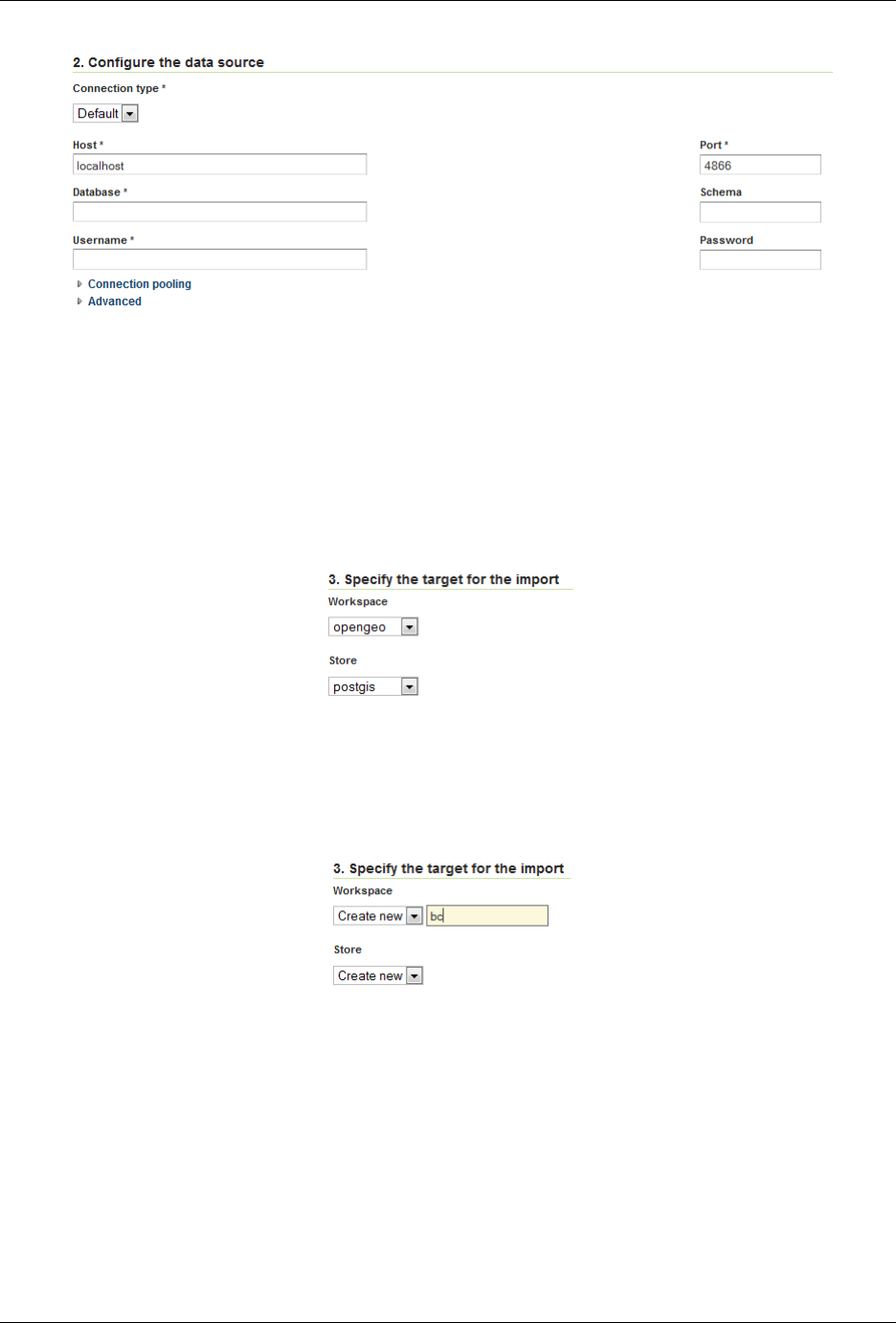
GeoServer User Manual, Release 2.15.1
Fig. 15.16: SQL Server data source connection
Specify the target for the import
This area specifies where in the GeoServer catalog the new data source will be stored. This does not affect
file placement.
Select the name of an existing workspace and store.
Fig. 15.17: Target workspace and store in GeoServer
Alternately, select Create New and type in a names for a new workspace or store. During the import process,
these will be created.
Fig. 15.18: Creating a new workspace and store
Recent imports
This section will list previous imports, and whether they were successful or not. Items can be removed
from this list with the Remove button, but otherwise cannot be edited.
When ready to continue to the next page, click Next.
15.6. Importer 1555
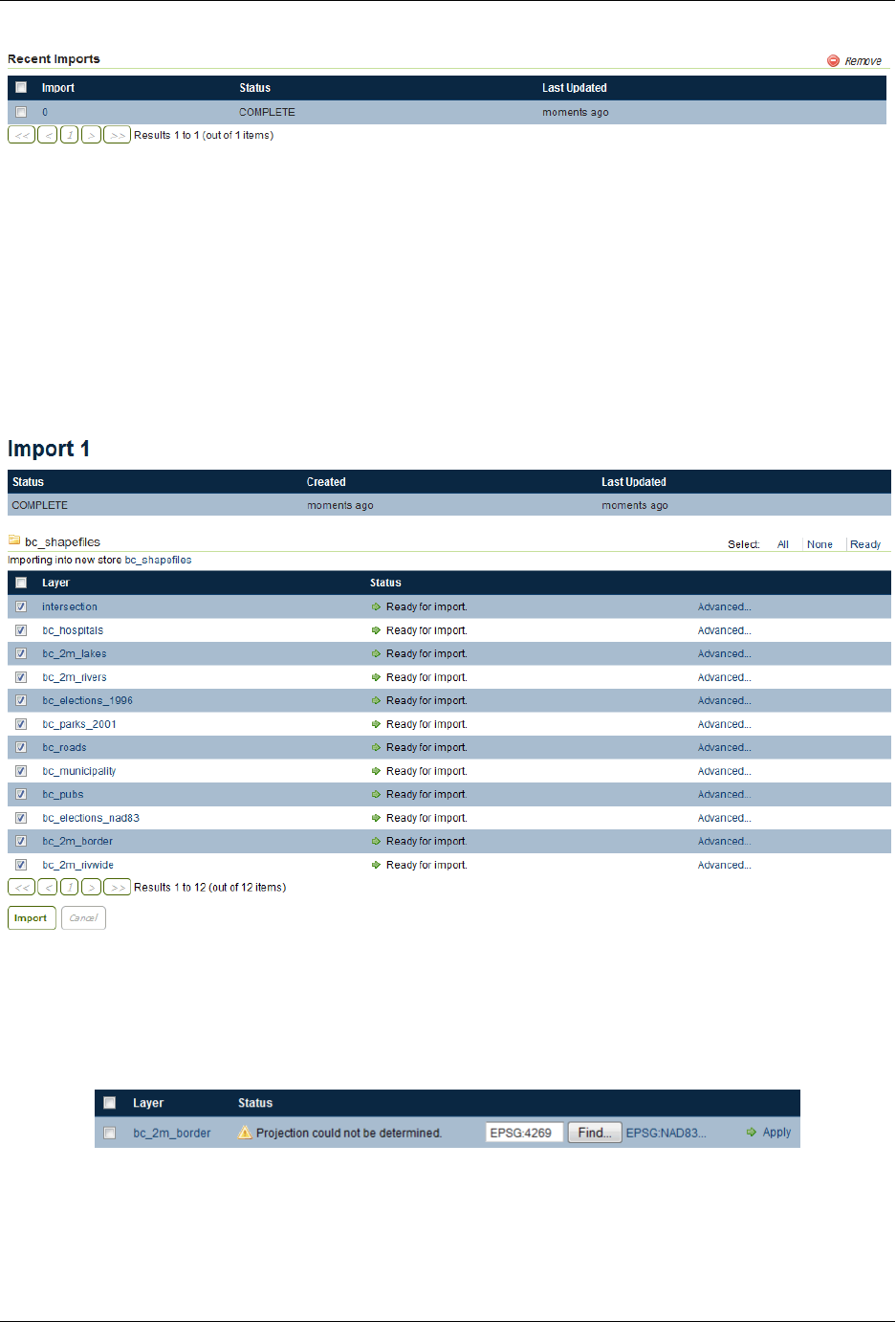
GeoServer User Manual, Release 2.15.1
Fig. 15.19: Recent imports
Layer listing page
On the next page will be a list of layers found by the Layer Importer. The layers will be named according to
the source content’s name (file name of database table name). For each entry there will be a Status showing
if the source is ready to be imported.
All layers will be selected for import by default, but can be deselected here by unchecking the box next to
each entry.
Fig. 15.20: List of layers to be imported
A common issue during the import process is when a CRS cannot be determined for a given layer. In this
case, a dialog box will display where the CRS can be declared explicitly. Enter the CRS and Click Apply.
Fig. 15.21: Declaring a CRS
When ready to perform the import, click Import.
1556 Chapter 15. Extensions
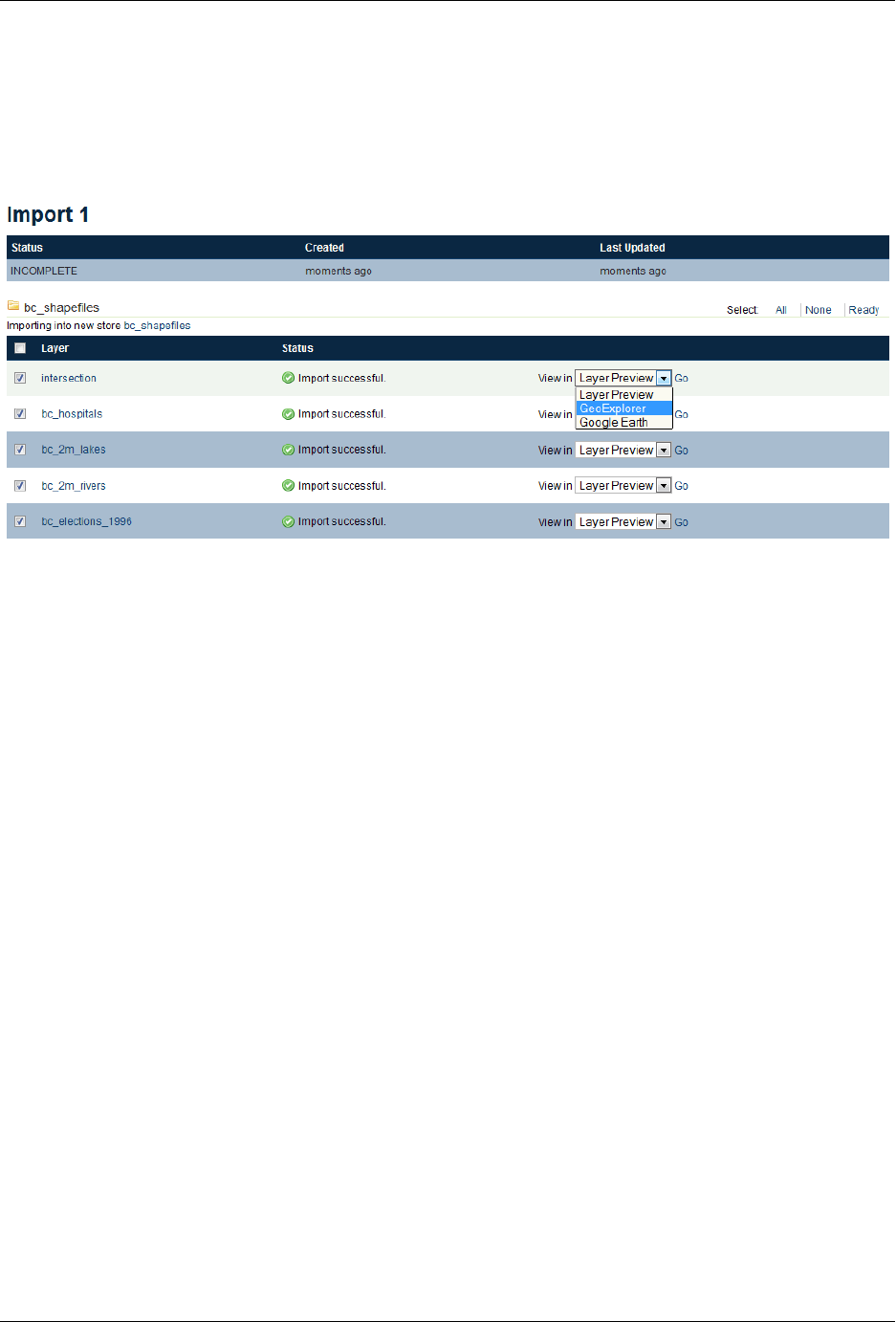
GeoServer User Manual, Release 2.15.1
Each selected layer will be added to the GeoServer catalog inside a new or existing store, and published as
a layer.
After the import is complete the status area will refresh showing if the import was successful for each
layer. If successful, a dialog box for previewing the layer will be displayed, with options for Layer Preview
(OpenLayers), Google Earth, and GeoExplorer.
Fig. 15.22: Layers successfully imported
Advanced import settings page
The Advanced link next to each layer will lead to the Advanced import settings page.
On this page, data can be set to be reprojected from one CRS to another during the import process. To
enable reprojection, select the Reprojection box, and enter the source and target CRS.
In addition, on this page attributes can be renamed and their type changed. Click on the Add link under
Attribute Remapping to select the attribute to alter, its type, and its new name. Click Apply when done.
Click Save when finished.
15.6.4 Supported data formats
The importer supports any format that GeoServer can use a data store or coverage store. These include the
most commonly used formats:
• Shapefile
• GeoTIFF
And a few additional formats:
• CSV
• KML
The following databases are supported:
• PostGIS
• Oracle
15.6. Importer 1557
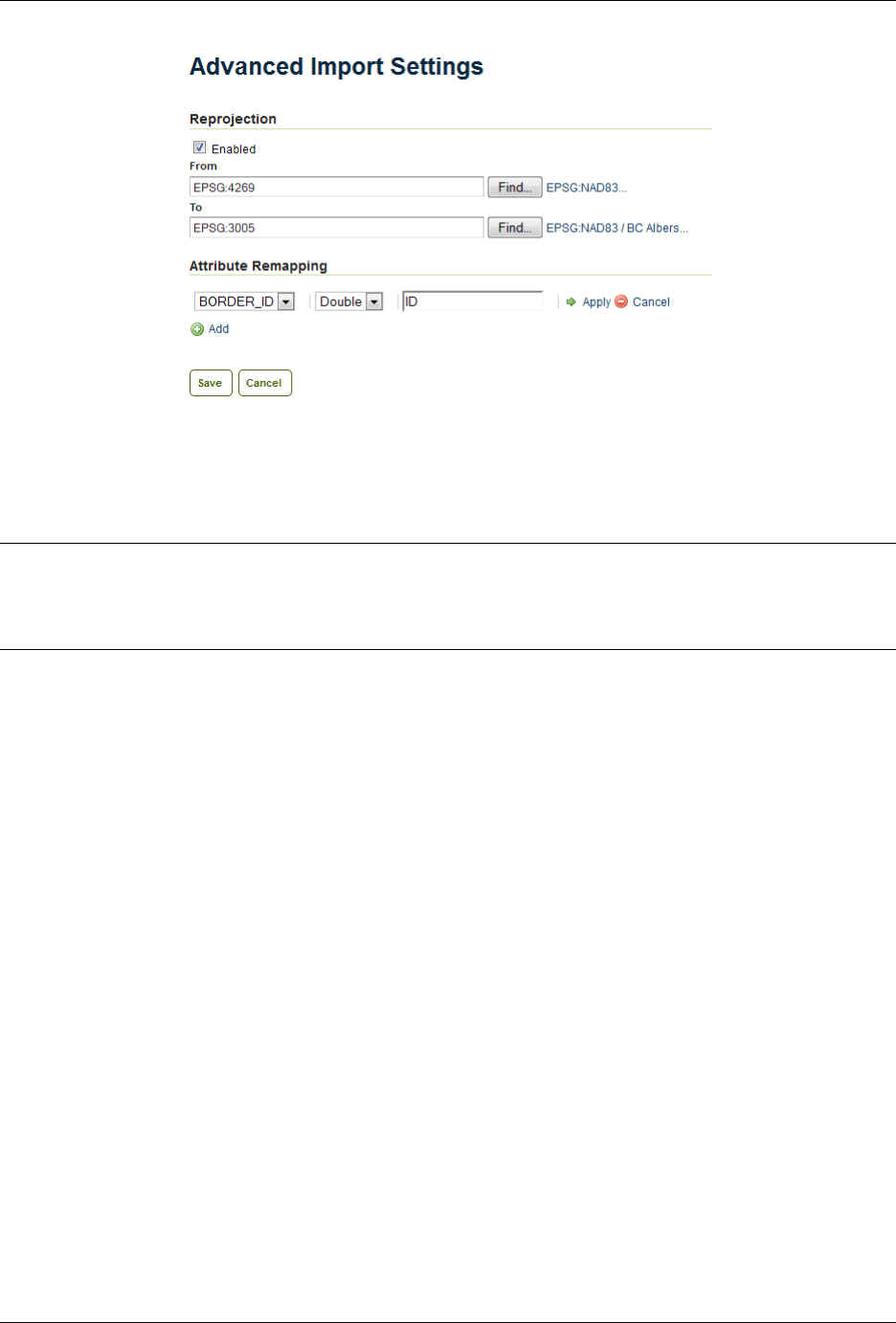
GeoServer User Manual, Release 2.15.1
Fig. 15.23: Advanced layer list page
• Microsoft SQL Server
Note: Oracle and SQL Server require extra drivers to be installed.
•Install instructions for Oracle
•Install instructions for SQL Server
15.6.5 REST API
Importer concepts
The importer REST api is built around a tree of objects representing a single import, structured as follows:
•import
–target workspace
–data
– task (one or more)
*data
*layer
*transformation (one or more)
An import refers to the top level object and is a “session” like entity the state of the entire import. It
maintains information relevant to the import as a whole such as user infromation, timestamps along with
optional information that is uniform along all tasks, such as a target workspace, the shared input data (e.g.,
a directory, a database). An import is made of any number of task objects.
Adata is the description of the source data of a import (overall) or a task. In case the import has a global
data definition, this normally refers to an aggregate store such as a directory or a database, and the data
associated to the tasks refers to a single element inside such aggregation, such as a single file or table.
1558 Chapter 15. Extensions
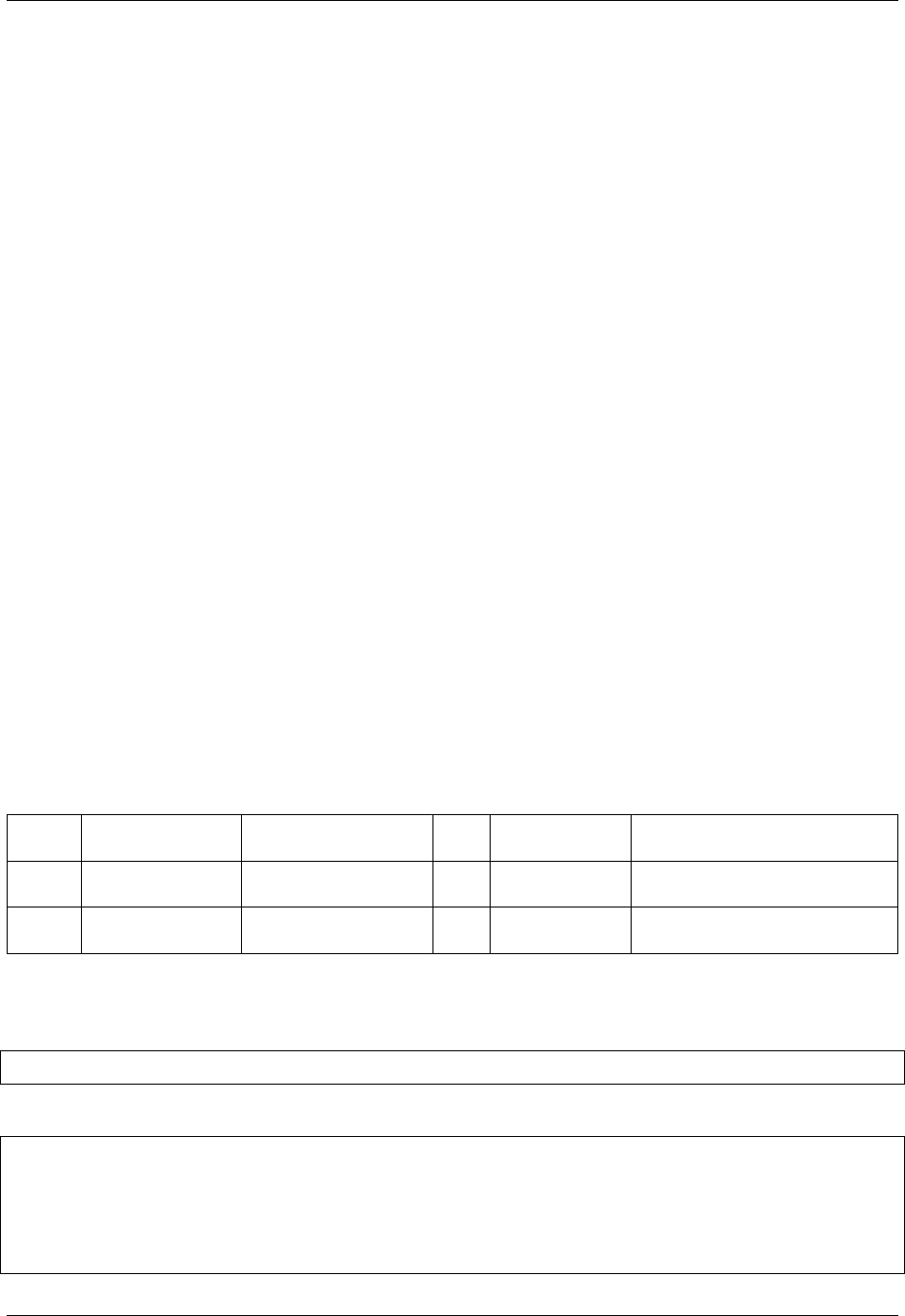
GeoServer User Manual, Release 2.15.1
Atask represents a unit of work to the importer needed to register one new layer, or alter an existing one,
and contains the following information:
• The data being imported
• The target store that is the destination of the import
• The target layer
• The data of a task, referred to as its source, is the data to be processed as part of the task.
• The transformations that we need to apply to the data before it gets imported
This data comes in a variety of forms including:
• A spatial file (Shapefile, GeoTiff, KML, etc. . . )
• A directory of spatial files
• A table in a spatial database
• A remote location that the server will download data from
A task is classified as either “direct” or “indirect”. A direct task is one in which the data being imported
requires no transformation to be imported. It is imported directly. An example of such a task is one that
involves simply importing an existing Shapefile as is. An indirect task is one that does require a transforma-
tion to the original import data. An example of an indirect task is one that involves importing a Shapefile
into an existing PostGIS database. Another example of indirect task might involve taking a CSV file as
an input, turning a x and y column into a Point, remapping a string column into a timestamp, and finally
import the result into a PostGIS.
REST API Reference
All the imports
/imports
Method Action Status
Code/Headers
In-
put
Output Parameters
GET Retrieve all im-
ports
200 n/a Import Col-
lection
n/a
POST Create a new
import
201 with Location
header
n/a Imports async=false/true,execute=false/true
Retrieving the list of all imports
GET /imports
results in:
Status: 200 OK
Content-Type: application/json
{
"imports": [{
"id":0,
15.6. Importer 1559
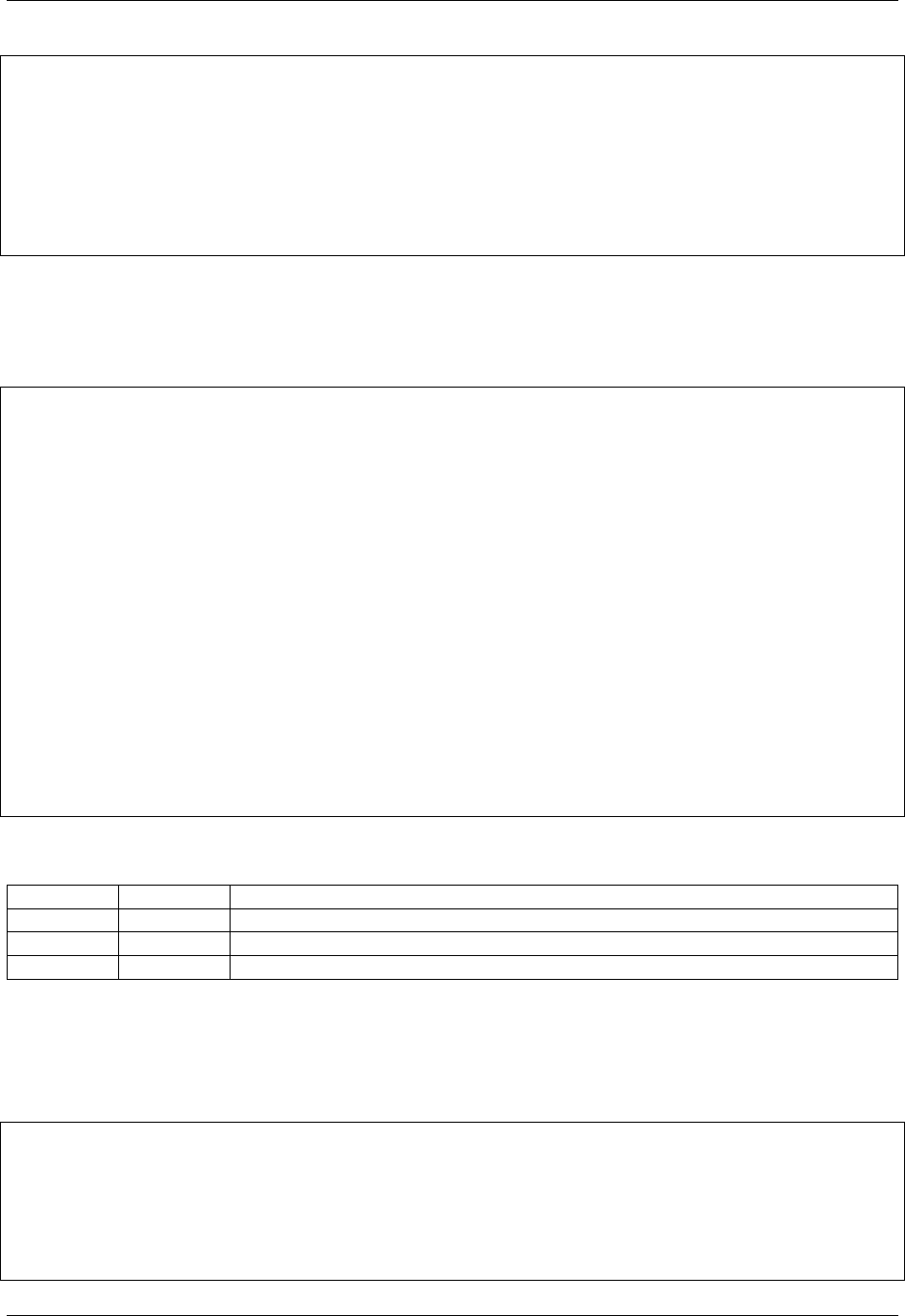
GeoServer User Manual, Release 2.15.1
"state":"COMPLETE",
"href":"http://localhost:8080/geoserver/rest/imports/0"
}, {
"id":1,
"state":"PENDING",
"href":"http://localhost:8080/geoserver/rest/imports/1"
}]
}
Creating a new import
Posting to the /imports path a import json object creates a new import session:
Content-Type: application/json
{
"import": {
"targetWorkspace": {
"workspace": {
"name":"scratch"
}
},
"targetStore": {
"dataStore": {
"name":"shapes"
}
},
"data": {
"type":"file",
"file":"/data/spearfish/archsites.shp"
}
}
}
The parameters are:
Name Optional Description
targetWorkspaceY The target workspace to import to
targetStore Y The target store to import to
data Y The data to be imported
The mere creation does not start the import, but it may automatically populate its tasks depending on the
target. For example, by referring a directory of shapefiles to be importer, the creation will automatically fill
in a task to import each of the shapefiles as a new layer.
The response to the above POST request will be:
Status: 201 Created
Location: http://localhost:8080/geoserver/rest/imports/2
Content-Type: application/json
{
"import": {
"id":2,
1560 Chapter 15. Extensions

GeoServer User Manual, Release 2.15.1
"href":"http://localhost:8080/geoserver/rest/imports/2",
"state":"READY",
"targetWorkspace": {
"workspace": {
"name":"scratch"
}
},
"targetStore": {
"dataStore": {
"name":"shapes",
"type":"PostGIS"
}
},
"data": {
"type":"file",
"format":"Shapefile",
"href":"http://localhost:8080/geoserver/rest/imports/2/data",
"file":"archsites.shp"
},
"tasks": [
{
"id":0,
"href":"http://localhost:8080/geoserver/rest/imports/2/tasks/0",
"state":"READY"
}
]
}
}
The operation of populating the tasks can require time, especially if done against a large set of files, or
against a “remote” data (more on this later), in this case the POST request can include ?async=true at the
end of the URL to make the importer run it asynchronously. In this case the import will be created in INIT
state and will remain in such state until all the data transfer and task creation operations are completed.
In case of failure to fetch data the import will immediately stop, the state will switch to the INIT_ERROR
state, and a error message will appear in the import context “message” field.
Adding the “execute=true” parameter to the context creation will also make the import start imme-
diately, assuming tasks can be created during the init phase. Combining both execute and async,
“?async=true&execute=true” will make the importer start an asynchronous initialization and execution.
The import can also have a list of default transformations, that will be applied to tasks as they get created,
either out of the initial data, or by upload. Here is an example of a import context creation with a default
transformation:
{
"import": {
"targetWorkspace": {
"workspace": {
"name":"topp"
}
},
"data": {
"type":"file",
"file":"/tmp/locations.csv"
},
"targetStore": {
"dataStore": {
"name":"h2"
15.6. Importer 1561
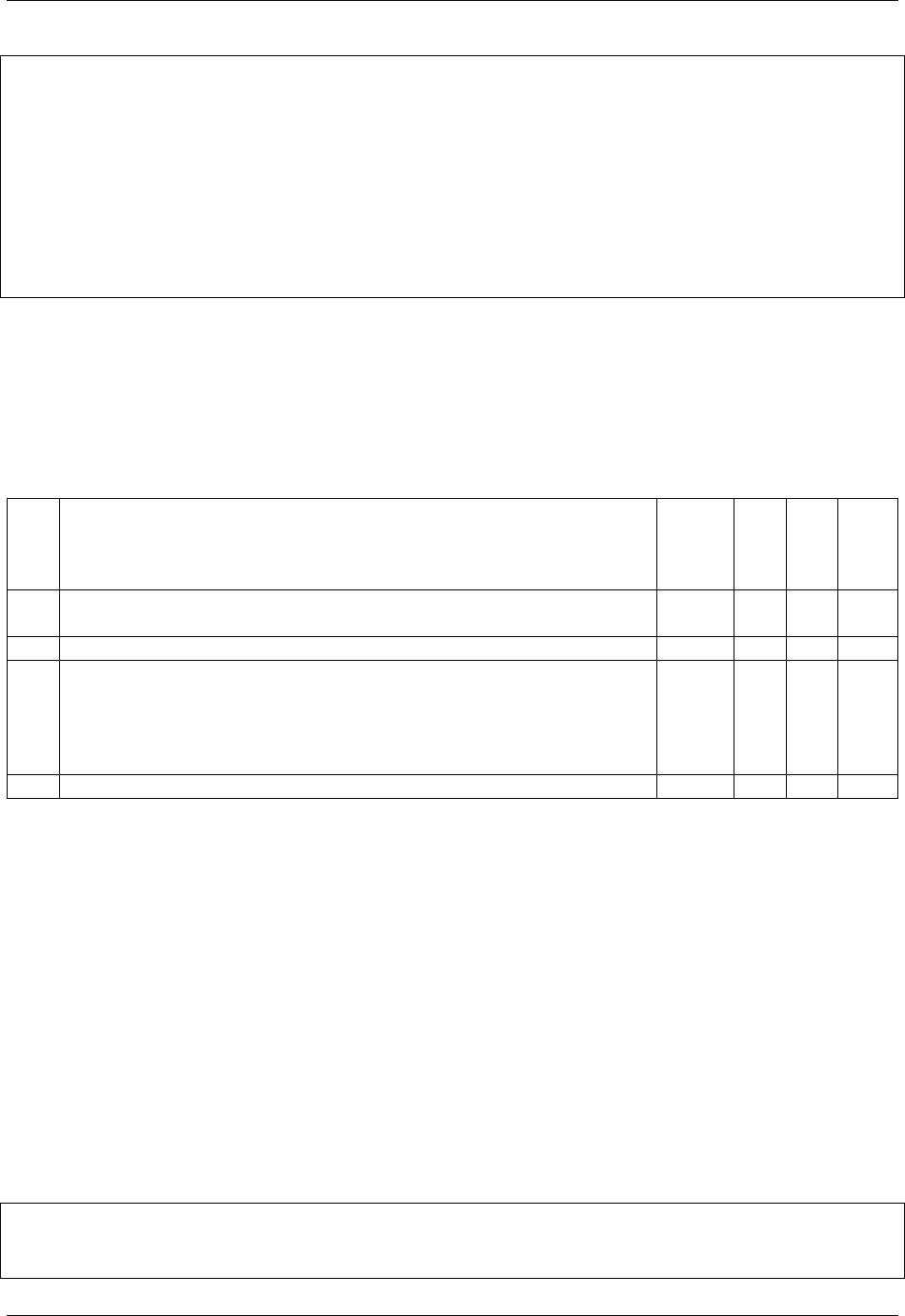
GeoServer User Manual, Release 2.15.1
}
},
"transforms": [
{
"type":"AttributesToPointGeometryTransform",
"latField":"LAT",
"lngField":"LON"
}
]
}
}
To get more information about transformations see the Transformation reference.
Import object
/imports/<importId>
MethodAction Sta-
tus
Code/Headers
In-
put
Out-
put
Pa-
ram-
e-
ters
GET Retrieve import with id <importId> 200 n/a Im-
ports
n/a
POST Execute import with id <importId> 204 n/a n/a async=true/false
PUT Create import with proposed id <importId>. If the proposed id is
ahead of the current (next) id, the current id will be advanced. If the
proposed id is less than or equal to the current id, the current will be
used. This allows an external system to dictate the id management.
201
with
Loca-
tion
header
n/a Im-
ports
n/a
DELETERemove import with id <importId> 200 n/a n/a n/a
The representation of a import is the same as the one contained in the import creation response. The
execution of a import can be a long task, as such, it’s possible to add async=true to the request to make
it run in a asynchronous fashion, the client will have to poll the import representation and check when it
reaches the “COMPLETE” state.
Data
A import can have a “data” representing the source of the data to be imported. The data can be of different
types, in particular, “file”, “directory”, “mosaic”, “database” and “remote”. During the import initialization
the importer will scan the contents of said resource, and generate import tasks for each data found in it.
Most data types are discussed in the task section, the only type that’s specific to the whole import context
is the “remote” one, that is used to ask the importer to fetch the data from a remote location autonomusly,
without asking the client to perform an upload.
The representation of a remote resource looks as follows:
"data": {
"type":"remote",
"location":"ftp://fthost/path/to/importFile.zip",
1562 Chapter 15. Extensions
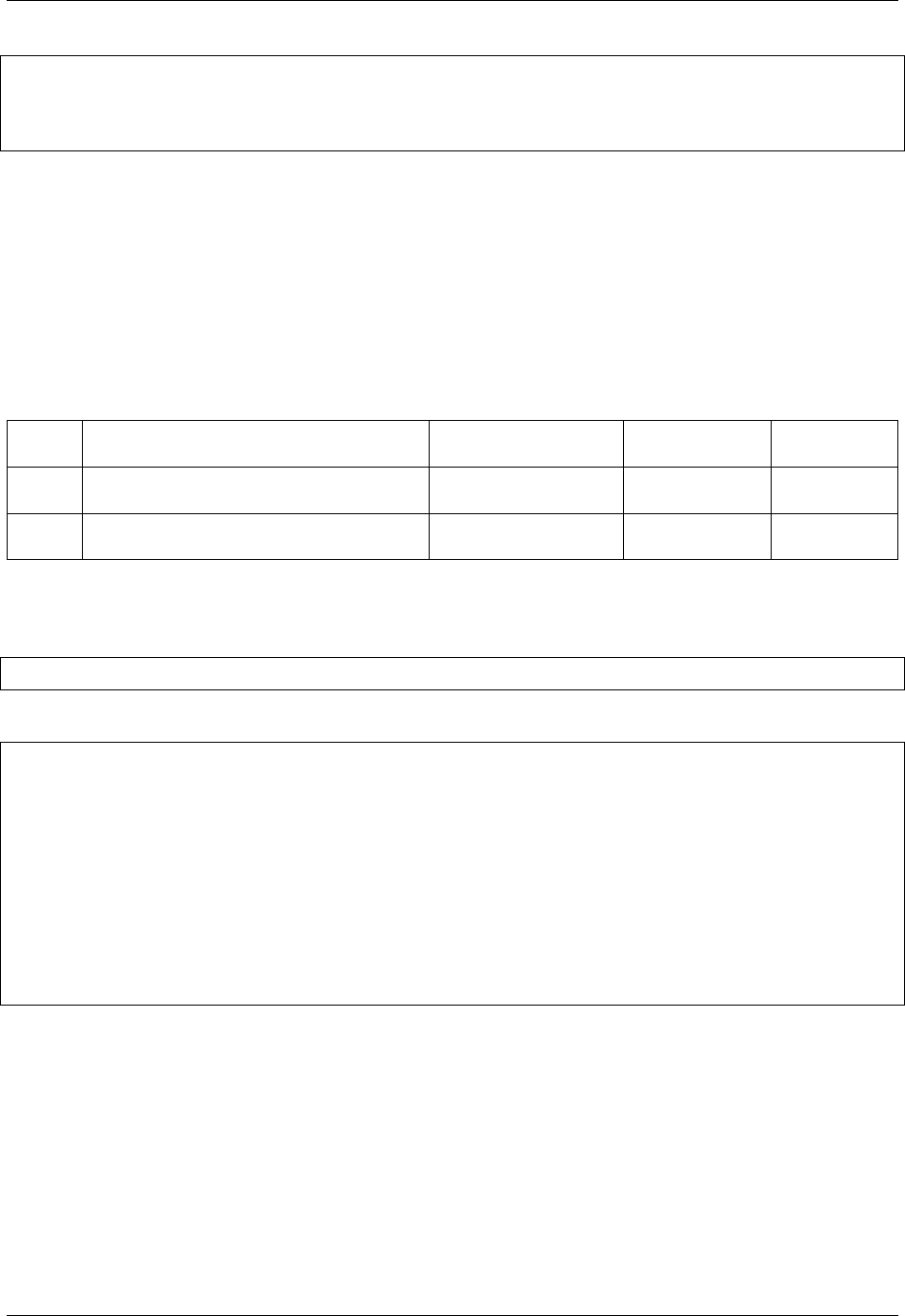
GeoServer User Manual, Release 2.15.1
"username":"user",
"password":"secret",
"domain" :"mydomain"
}
The location can be any URI supported by Commons VFS, including HTTP and FTP servers. The
username,password and domain elements are all optional, and required only if the remote server de-
mands an authentication of sorts. In case the referred file is compressed, it will be unpacked as the down-
load completes, and the tasks will be created over the result of unpacking.
Tasks
/imports/<importId>/tasks
Method Action Status
Code/Headers
Input Output
GET Retrieve all tasks for import with id
<importId>
200 n/a Task Collec-
tion
POST Create a new task 201 with Location
header
Multipart form
data
Tasks
Getting the list of tasks
GET /imports/0/tasks
Results in:
Status: 200 OK
Content-Type: application/json
{
"tasks": [
{
"id":0,
"href":"http://localhost:8080/geoserver/rest/imports/2/tasks/0",
"state":"READY"
}
]
}
Creating a new task as a file upload
A new task can be created by issuing a POST to imports/<importId>/tasks as a “Content-type:
multipart/form-data” multipart encoded data as defined by RFC 2388. One or more file can be uploaded
this way, and a task will be created for importing them. In case the file being uploaded is a zip file, it will
be unzipped on the server side and treated as a directory of files.
The response to the upload will be the creation of a new task, for example:
15.6. Importer 1563

GeoServer User Manual, Release 2.15.1
Status: 201 Created
Location: http://localhost:8080/geoserver/rest/imports/1/tasks/1
Content-type: application/json
{
"task": {
"id":1,
"href":"http://localhost:8080/geoserver/rest/imports/2/tasks/1",
"state":"READY",
"updateMode":"CREATE",
"data": {
"type":"file",
"format":"Shapefile",
"href":"http://localhost:8080/geoserver/rest/imports/2/tasks/1/data",
"file":"bugsites.shp"
},
"target": {
"href":"http://localhost:8080/geoserver/rest/imports/2/tasks/1/target",
"dataStore": {
"name":"shapes",
"type":"PostGIS"
}
},
"progress":"http://localhost:8080/geoserver/rest/imports/2/tasks/1/progress",
"layer": {
"name":"bugsites",
"href":"http://localhost:8080/geoserver/rest/imports/2/tasks/1/layer"
},
"transformChain": {
"type":"vector",
"transforms": []
}
}
}
Creating a new task from form upload
This creation mode assumes the POST to imports/<importId>/tasks of form url encoded data con-
taining a url parameter:
Content-type: application/x-www-form-urlencoded
url=file:///data/spearfish/
The creation response will be the same as the multipart upload.
1564 Chapter 15. Extensions
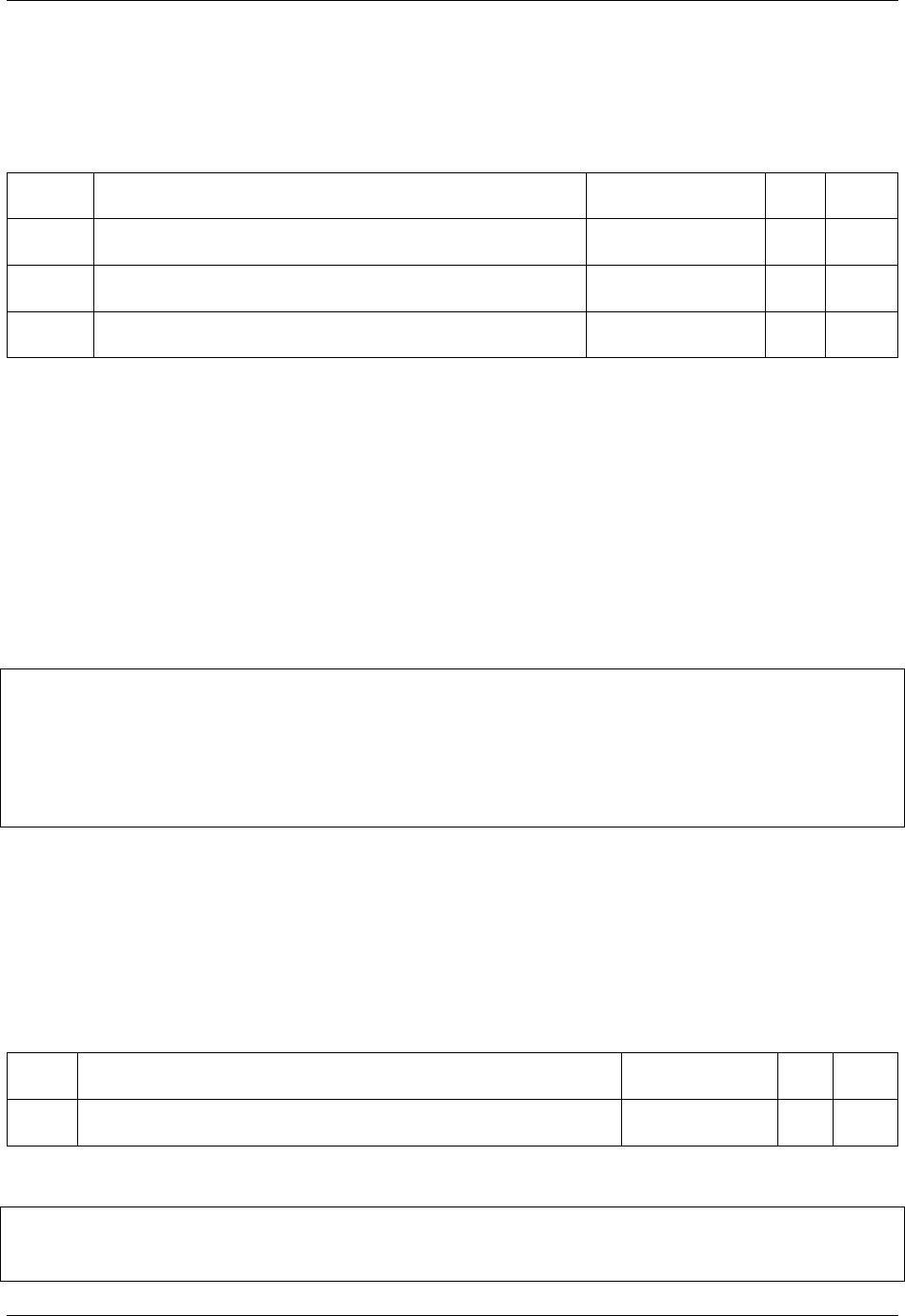
GeoServer User Manual, Release 2.15.1
Single task resource
/imports/<importId>/task/<taskId>
Method Action Status
Code/Headers
In-
put
Out-
put
GET Retrieve task with id <taskId> within import with id
<importId>
200 n/a Task
PUT Modify task with id <taskId> within import with id <im-
portId>
200 Task Task
DELETE Remove task with id <taskId> within import with id
<importId>
200 n/a n/a
The representation of a task resource is the same one reported in the task creation response.
Updating a task
A PUT request over an existing task can be used to update its representation. The representation can be
partial, and just contains the elements that need to be updated.
The updateMode of a task normally starts as “CREATE”, that is, create the target resource if missing. Other
possible values are “REPLACE”, that is, delete the existing features in the target layer and replace them
with the task source ones, or “APPEND”, to just add the features from the task source into an existing layer.
The following PUT request updates a task from “CREATE” to “APPEND” mode:
Content-Type: application/json
{
"task": {
"updateMode":"APPEND"
}
}
Directory files representation
The following operations are specific to data objects of type directory.
/imports/<importId>/task/<taskId>/data/files
Method Action Status
Code/Headers
In-
put
Out-
put
GET Retrieve the list of files for a task with id <taskId> within im-
port with id <importId>
200 n/a Task
The response to a GET request will be:
Status: 200 OK
Content-Type: application/json
15.6. Importer 1565
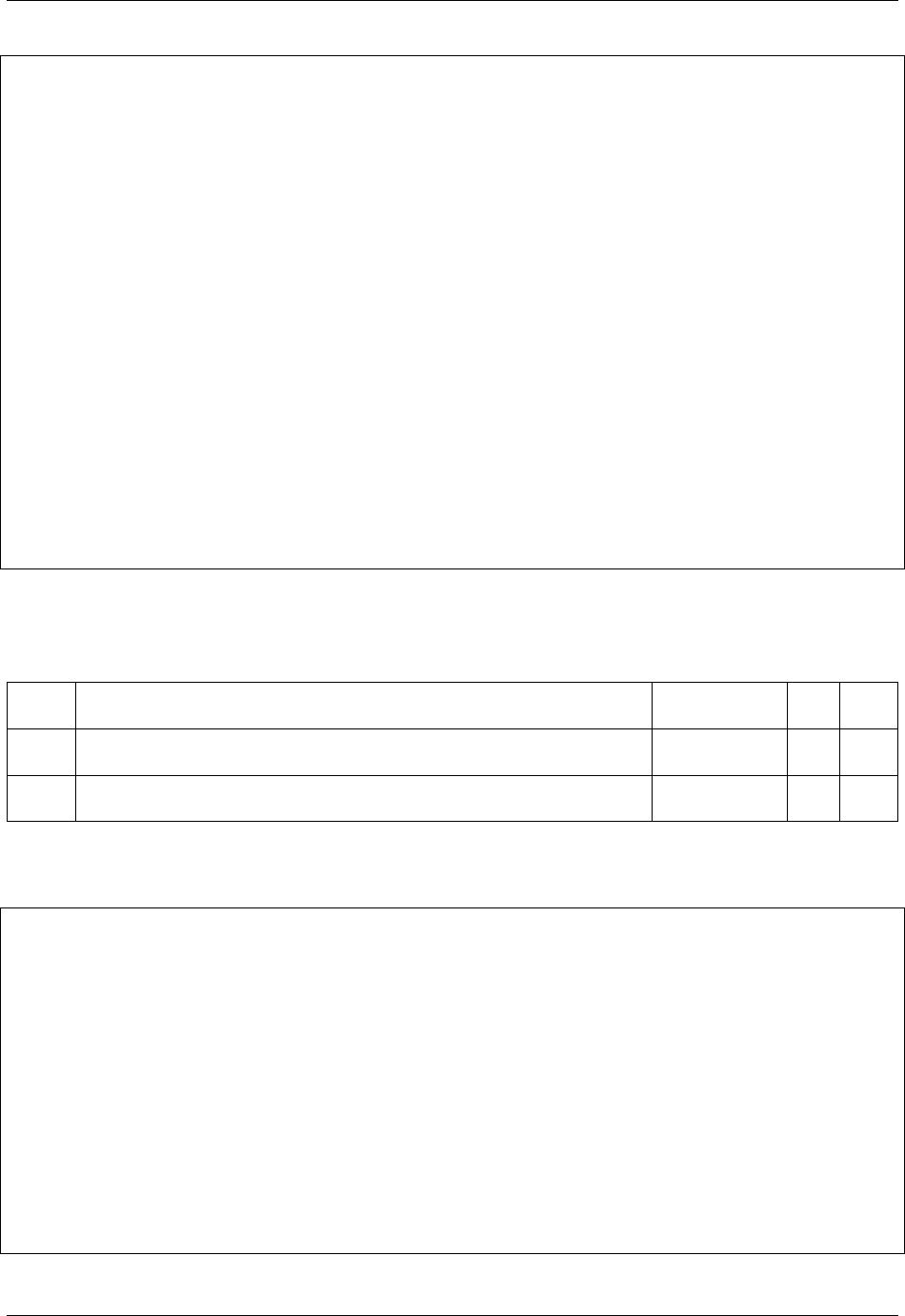
GeoServer User Manual, Release 2.15.1
{
files: [
{
file: "tasmania_cities.shp",
href: "http://localhost:8080/geoserver/rest/imports/0/tasks/0/data/
,→files/tasmania_cities.shp"
},
{
file: "tasmania_roads.shp",
href: "http://localhost:8080/geoserver/rest/imports/0/tasks/0/data/
,→files/tasmania_roads.shp"
},
{
file: "tasmania_state_boundaries.shp",
href: "http://localhost:8080/geoserver/rest/imports/0/tasks/0/data/
,→files/tasmania_state_boundaries.shp"
},
{
file: "tasmania_water_bodies.shp",
href: "http://localhost:8080/geoserver/rest/imports/0/tasks/0/data/
,→files/tasmania_water_bodies.shp"
}
]
}
/imports/<importId>/task/<taskId>/data/files/<fileId>
Method Action Status
Code/Headers
In-
put
Out-
put
GET Retrieve the file with id <fileId> from the data of a task with id
<taskId> within import with id <importId>
200 n/a Task
DELETERemove a specific file from the task with id <taskId> within import
with id <importId>
200 n/a n/a
Following the links we’ll get to the representation of a single file, notice how in this case a main file can be
associate to sidecar files:
Status: 200 OK
Content-Type: application/json
{
type:"file",
format:"Shapefile",
location: "C:\devel\gs_data\release\data\taz_shapes",
file: "tasmania_cities.shp",
href: "http://localhost:8080/geoserver/rest/imports/0/tasks/0/data/files/
,→tasmania_cities.shp",
prj: "tasmania_cities.prj",
other: [
"tasmania_cities.dbf",
"tasmania_cities.shx"
]
}
1566 Chapter 15. Extensions
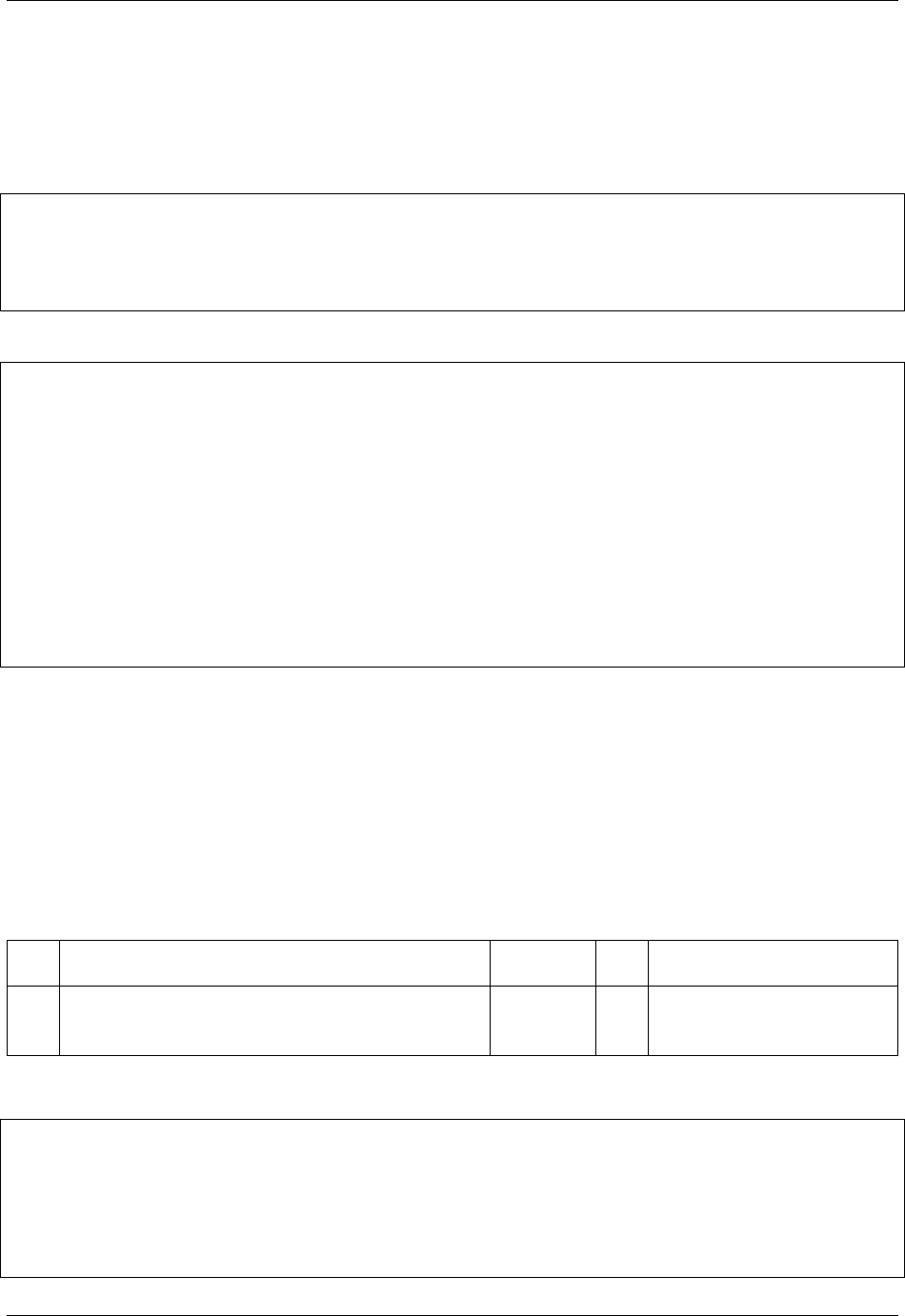
GeoServer User Manual, Release 2.15.1
Mosaic extensions
In case the input data is of mosaic type, we have all the attributes typical of a directory, plus support for
directly specifying the timestamp of a particular granule.
In order to specify the timestamp a PUT request can be issued against the granule:
Content-Type: application/json
{
"timestamp":"2004-01-01T00:00:00.000+0000"
}
and the response will be:
Status: 200 OK
Content-Type: application/json
{
"type":"file",
"format":"GeoTIFF",
"href":"http://localhost:8080/geoserver/rest/imports/0/tasks/0/data/files/bm_
,→200401.tif",
"location":"/data/bluemarble/mosaic",
"file":"bm_200401.tiff",
"prj": null,
"other": [],
"timestamp":"2004-01-01T00:00:00.000+0000"
}
Database data
The following operations are specific to data objects of type database. At the time or writing, the REST
API does not allow the creation of a database data source, but it can provide a read only description of one
that has been created using the GUI.
/imports/<importId>/tasks/<taskId>/data
MethodAction Status
Code/Headers
In-
put
Output
GET Retrieve the database connection parameters for
a task with id <taskId> within import with id
<importId>
200 n/a List of database connection
parameters and available
tables
Performing a GET on a database type data will result in the following response:
{
type:"database",
format:"PostGIS",
href: "http://localhost:8080/geoserver/rest/imports/0/data",
parameters: {
schema: "public",
fetch size: 1000,
15.6. Importer 1567
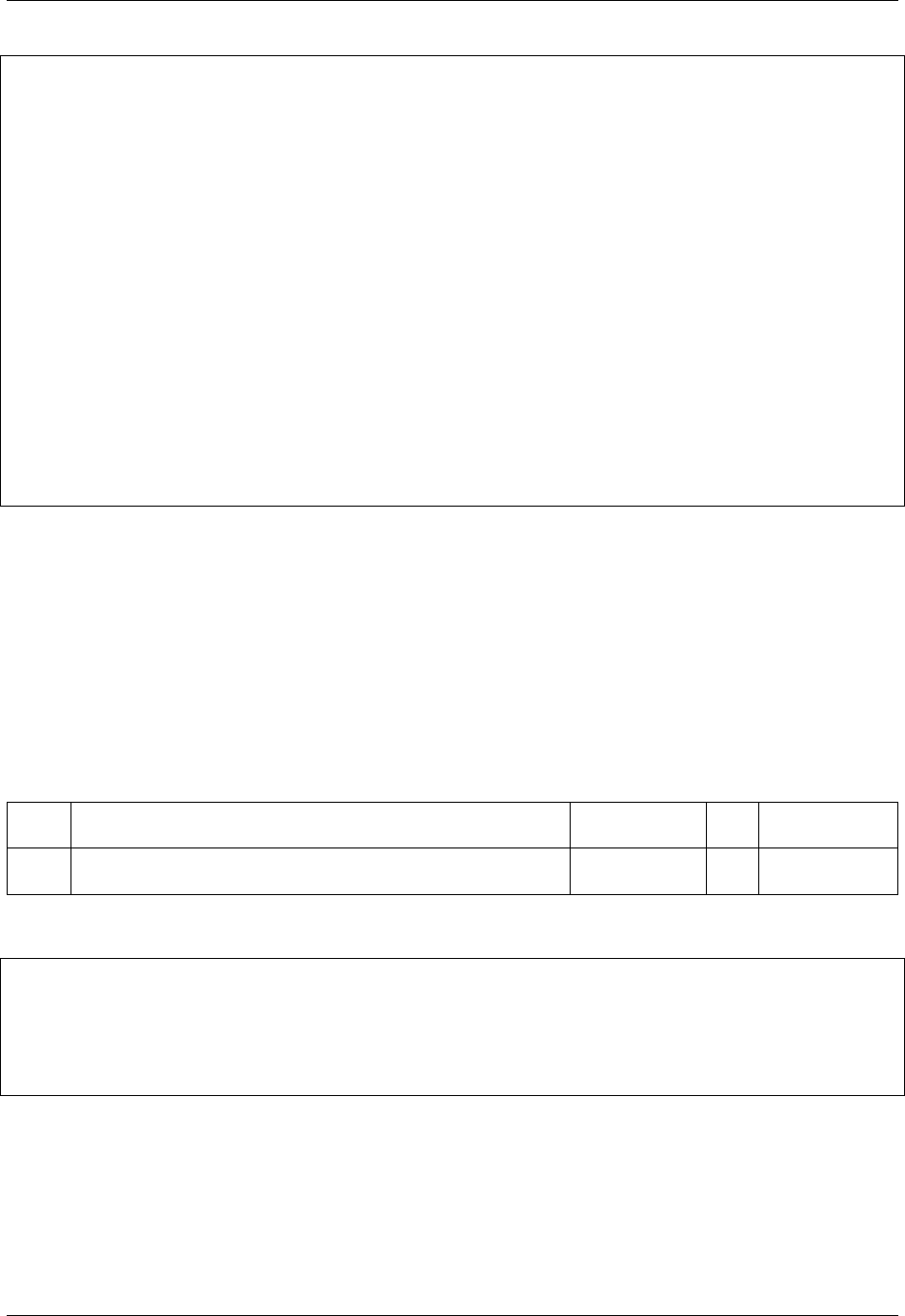
GeoServer User Manual, Release 2.15.1
validate connections: true,
Connection timeout: 20,
Primary key metadata table: null,
preparedStatements: true,
database: "gttest",
port: 5432,
passwd: "cite",
min connections: 1,
dbtype: "postgis",
host: "localhost",
Loose bbox: true,
max connections: 10,
user: "cite"
},
tables: [
"geoline",
"geopoint",
"lakes",
"line3d",
]
}
Database table
The following operations are specific to data objects of type table. At the time or writing, the REST API
does not allow the creation of a database data source, but it can provide a read only description of one that
has been created using the GUI. A table description is normally linked to task, and refers to a database data
linked to the overall import.
/imports/<importId>/tasks/<taskId>/data
MethodAction Status
Code/Headers
In-
put
Output
GET Retrieve the table description for a task with id <taskId>
within import with id <importId>
200 n/a A table repre-
sentation
Performing a GET on a database type data will result in the following response:
{
type:"table",
name: "abc",
format:"PostGIS",
href: "http://localhost:8080/geoserver/rest/imports/0/tasks/0/data"
}
Task target layer
/imports/<importId>/tasks/<taskId>/layer
The layer defines how the target layer will be created
1568 Chapter 15. Extensions
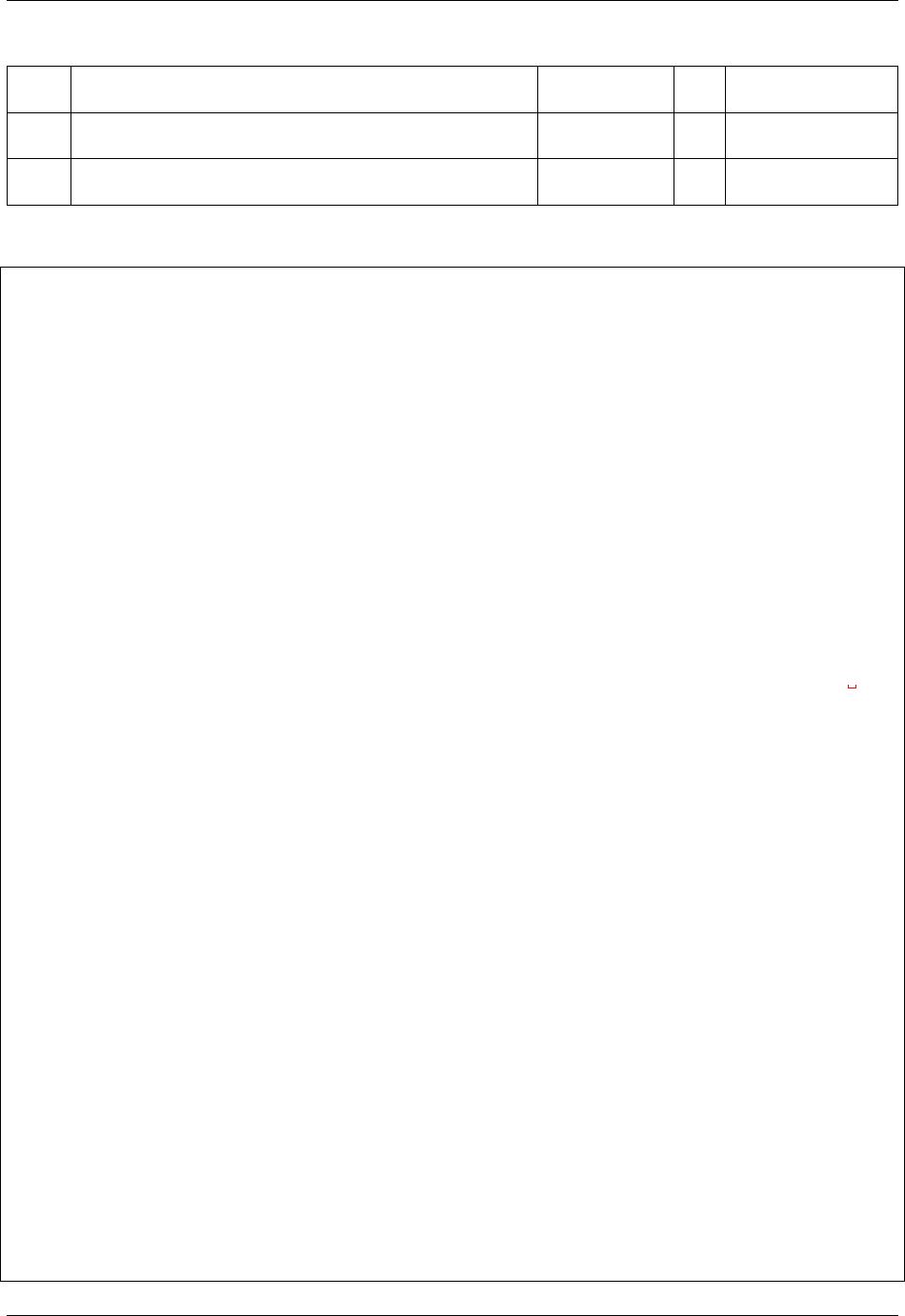
GeoServer User Manual, Release 2.15.1
MethodAction Status
Code/Headers
In-
put
Output
GET Retrieve the layer of a task with id <taskId> within
import with id <importId>
200 n/a A layer JSON rep-
resentation
PUT Modify the target layer for a task with id <taskId>
within import with id <importId>
200 Task Task
Requesting the task layer will result in the following:
Status: 200 OK
Content-Type: application/json
{
layer: {
name: "tasmania_cities",
href: "http://localhost:8080/geoserver/rest/imports/0/tasks/0/layer",
title: "tasmania_cities",
originalName: "tasmania_cities",
nativeName: "tasmania_cities",
srs: "EPSG:4326",
bbox: {
minx: 147.2909004483,
miny: -42.85110181689001,
maxx: 147.2911004483,
maxy: -42.85090181689,
crs: "GEOGCS["WGS 84", DATUM["World Geodetic System 1984", SPHEROID[
,→"WGS 84", 6378137.0, 298.257223563, AUTHORITY["EPSG","7030"]], AUTHORITY["EPSG",
,→"6326"]], PRIMEM["Greenwich", 0.0, AUTHORITY["EPSG","8901"]], UNIT["degree", 0.
,→017453292519943295], AXIS["Geodetic longitude", EAST], AXIS["Geodetic latitude",
,→NORTH], AUTHORITY["EPSG","4326"]]"
},
attributes: [
{
name: "the_geom",
binding: "org.locationtech.jts.geom.MultiPoint"
},
{
name: "CITY_NAME",
binding: "java.lang.String"
},
{
name: "ADMIN_NAME",
binding: "java.lang.String"
},
{
name: "CNTRY_NAME",
binding: "java.lang.String"
},
{
name: "STATUS",
binding: "java.lang.String"
},
{
name: "POP_CLASS",
binding: "java.lang.String"
}
],
15.6. Importer 1569
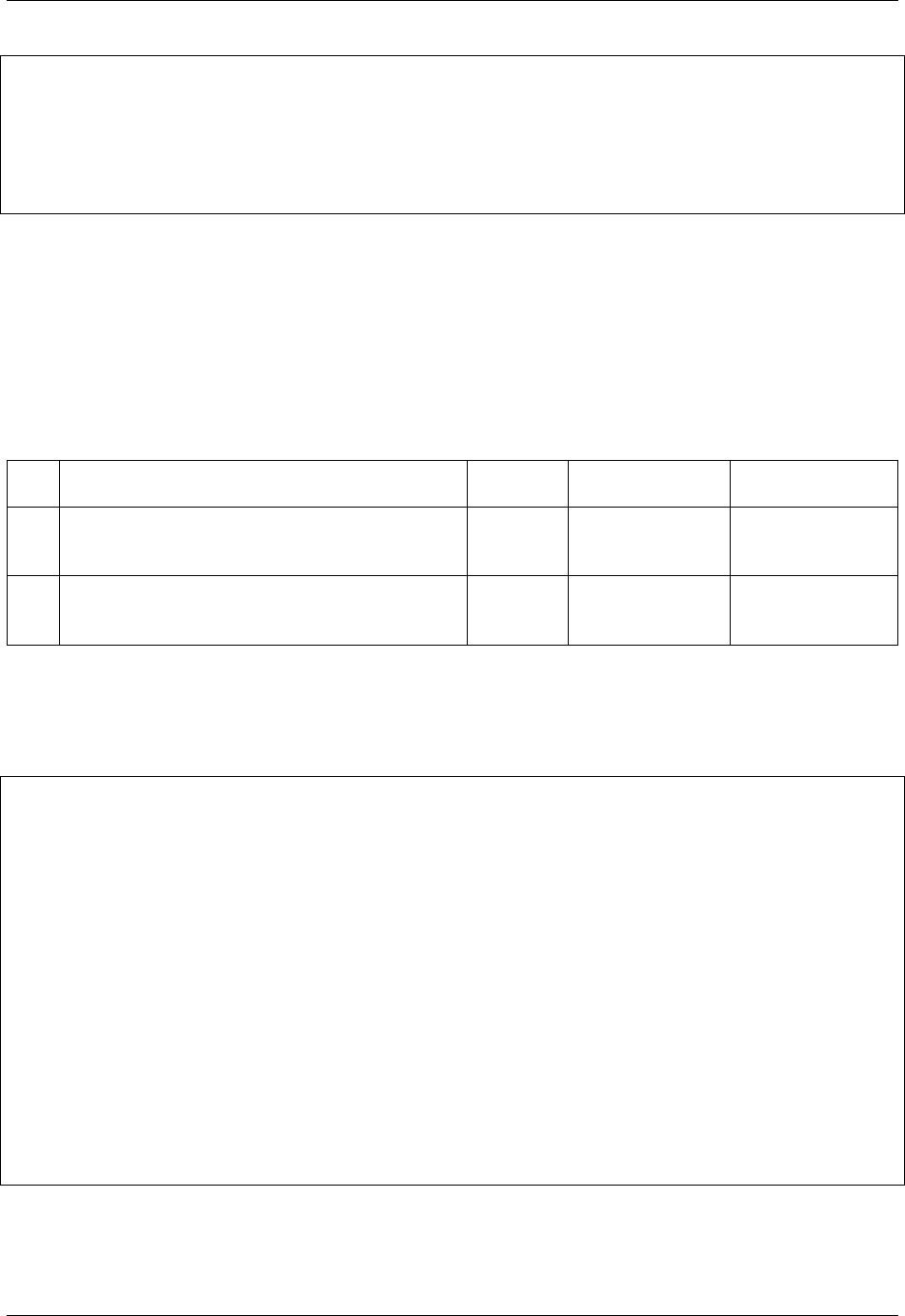
GeoServer User Manual, Release 2.15.1
style: {
name: "cite_tasmania_cities",
href: "http://localhost:8080/geoserver/rest/imports/0/tasks/0/
,→layer/style"
}
}
}
All the above attributes can be updated using a PUT request. Even if the above representation is similar
to the REST config API, it should not be confused with it, as it does not support all the same properties, in
particular the supported properties are all the ones listed above.
Task transformations
/imports/<importId>/tasks/<taskId>/transforms
MethodAction Status
Code/Headers
Input Output
GET Retrieve the list of transformations of a task
with id <taskId> within import with id <im-
portId>
200 n/a A list of transfro-
mations in JSON
format
POST Create a new transormation and append it in-
side a task with id <taskId> within import
with id <importId>
201 A JSON trans-
formation repre-
sentation
The transform lo-
cation
Retrieving the transformation list
A GET request for the list of transformations will result in the following response:
Status: 200 OK
Content-Type: application/json
{
"transforms": [
{
"type":"ReprojectTransform",
"href":"http://localhost:8080/geoserver/rest/imports/0/tasks/1/transforms/0",
"source": null,
"target":"EPSG:4326"
},
{
"type":"DateFormatTransform",
"href":"http://localhost:8080/geoserver/rest/imports/0/tasks/1/transforms/1",
"field":"date",
"format":"yyyyMMdd"
}
]
}
1570 Chapter 15. Extensions
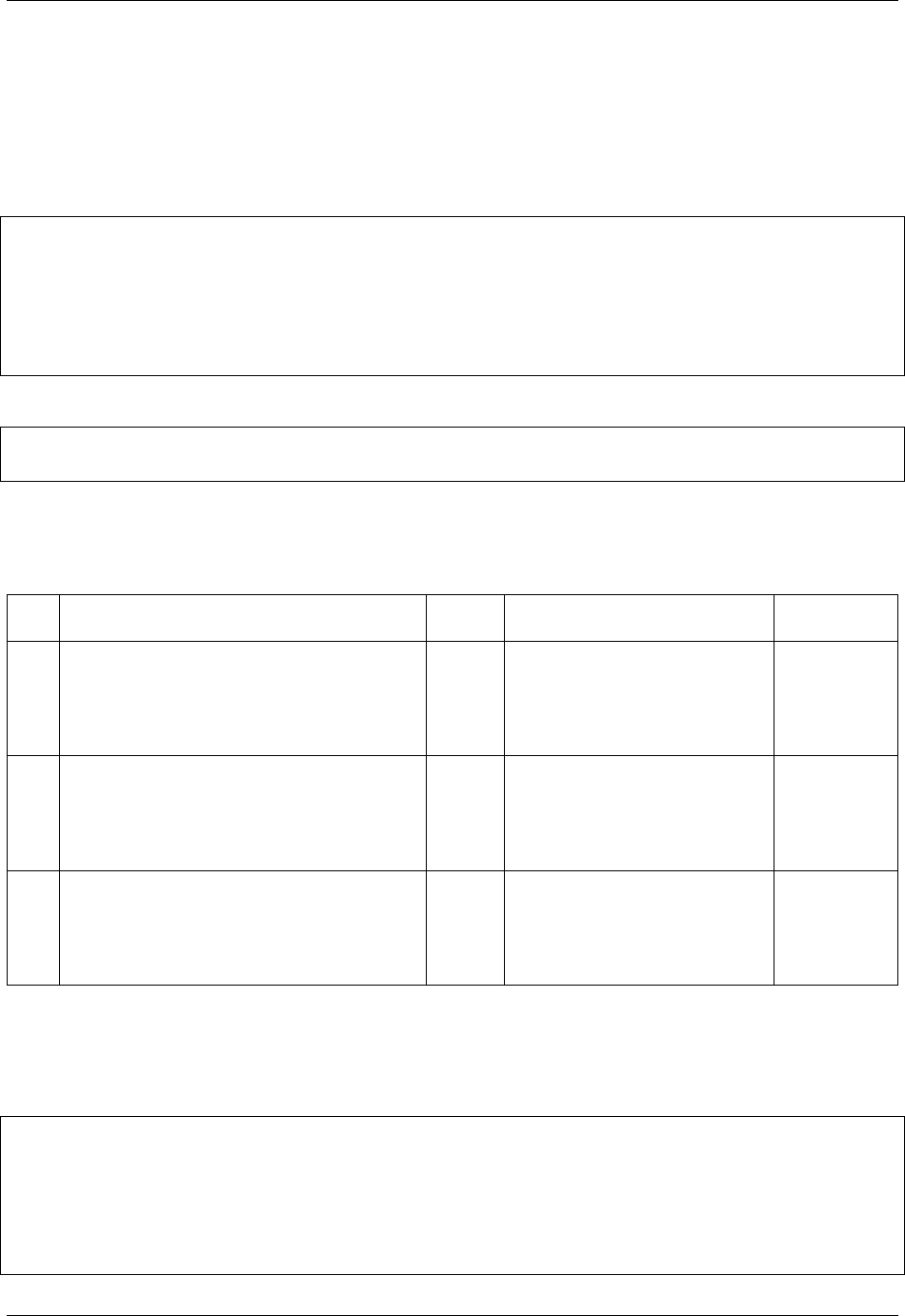
GeoServer User Manual, Release 2.15.1
Appending a new transformation
Creating a new transformation requires posting a JSON document with a type property identifying the
class of the transformation, plus any extra attribute required by the transformation itself (this is transfor-
mation specific, each one will use a different set of attributes).
The following POST request creates an attribute type remapping:
Content-Type: application/json
{
"type":"AttributeRemapTransform",
"field":"cat",
"target":"java.lang.Integer"
}
The response will be:
Status: 201 OK
Location: http://localhost:8080/geoserver/rest/imports/0/tasks/1/transform/2
/imports/<importId>/tasks/<taskId>/transforms/<transformId>
MethodAction Status
Code/Headers
Input Output
GET Retrieve a transformation identified by
<transformId> inside a task with id
<taskId> within import with id <impor-
tId>
200 n/a A single
transfor-
mation
in JSON
format
PUT Modifies the definition of a transforma-
tion identified by <transformId> inside a
task with id <taskId> within import with
id <importId>
200 A JSON transformation rep-
resentation (eventually just
the portion of it that needs to
be modified)
The full
transfor-
mation
representa-
tion
DELETERemoves the transformation identified
by <transformId> inside a task with id
<taskId> within import with id <impor-
tId>
200 A JSON transformation rep-
resentation (eventually just
the portion of it that needs to
be modified)
The full
transfor-
mation
representa-
tion
Retrieve a single transformation
Requesting a single transformation by identifier will result in the following response:
Status: 200 OK
Content-Type: application/json
{
"type":"ReprojectTransform",
"href":"http://localhost:8080/geoserver/rest/imports/0/tasks/1/transforms/0",
"source": null,
15.6. Importer 1571
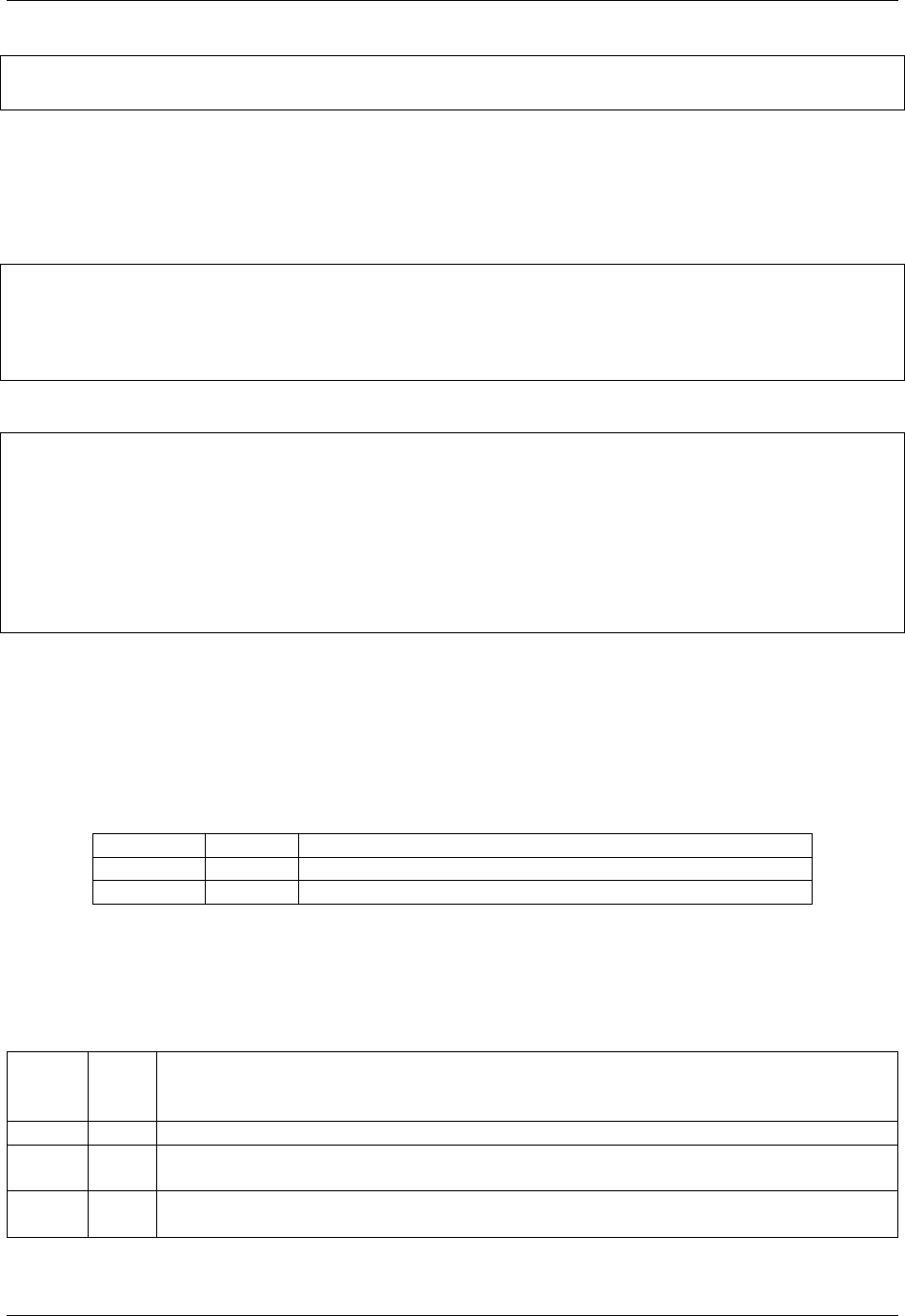
GeoServer User Manual, Release 2.15.1
"target":"EPSG:4326"
}
Modify an existing transformation
Assuming we have a reprojection transformation, and that we need to change the target SRS type, the
following PUT request will do the job:
Content-Type: application/json
{
"type":"ReprojectTransform",
"target":"EPSG:3005"
}
The response will be:
Status: 200 OK
Content-Type: application/json
{
"type":"ReprojectTransform",
"href":"http://localhost:8080/geoserver/rest/imports/0/tasks/1/transform/0",
"source": null,
"target":"EPSG:3005"
}
Transformation reference
AttributeRemapTransform
Remaps a certain field to a given target data type
Parameter Optional Description
field N The name of the field to be remapped
target N The “target” field type, as a fully qualified Java class name
AttributeComputeTransform
Computes a new field based on an expression that can use the other field values
Pa-
rame-
ter
Op-
tional
Description
field N The name of the field to be computed
field-
Type
N The field type, as a fully qualified Java class name (e.g., java.lang.String,java.
lang.Integer,java.util.Date and so on)
cql N The (E)CQL expression used to compute the new field (can be a constant value, e.g.
'My String')
1572 Chapter 15. Extensions
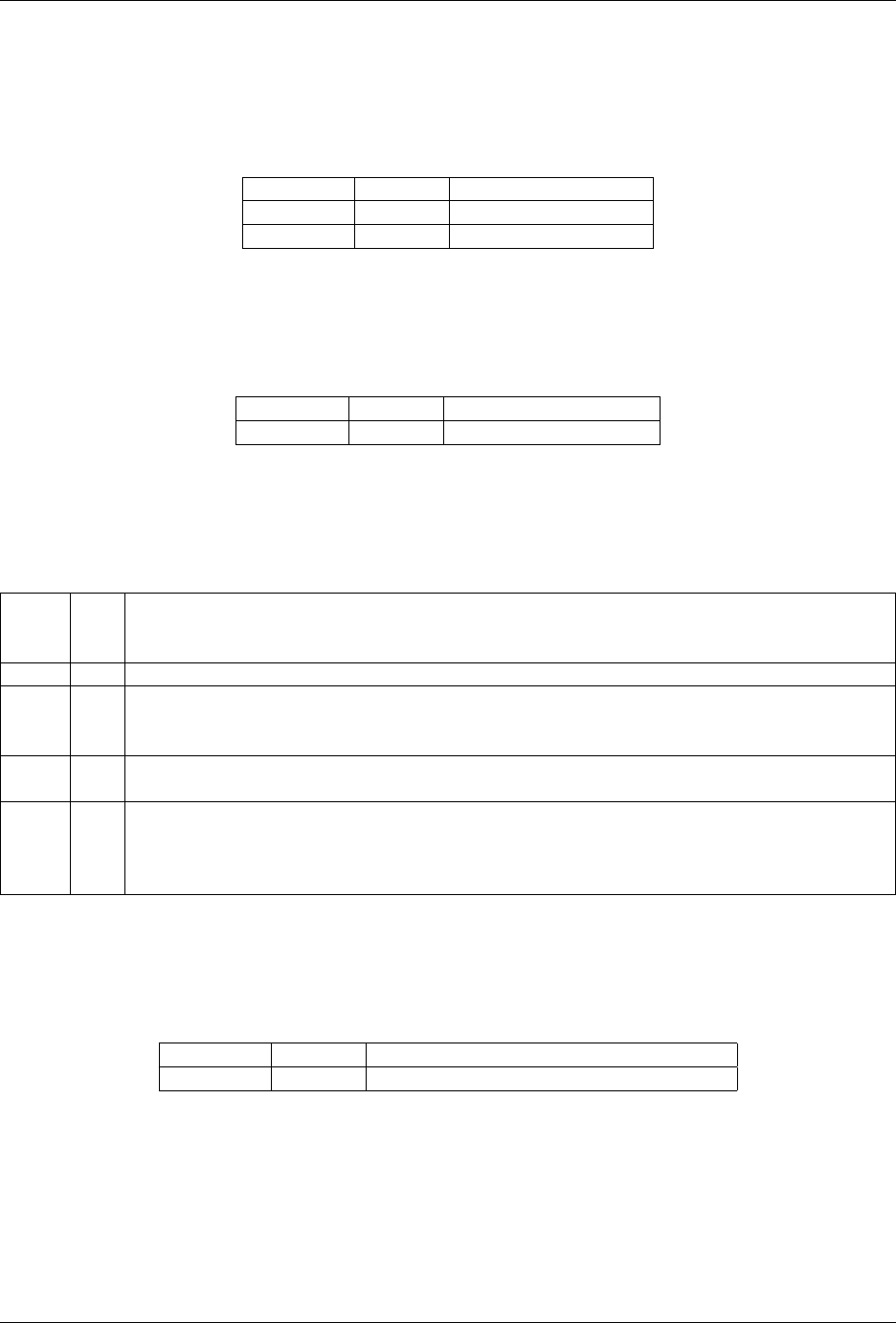
GeoServer User Manual, Release 2.15.1
AttributesToPointGeometryTransform
Transforms two numeric fields latField and lngField into a point geometry representation
POINT(lngField,latField), the source fields will be removed.
Parameter Optional Description
latField N The “latitude” field
lngField N The “longitude” field
CreateIndexTransform
For database targets only, creates an index on a given column after importing the data into the database
Parameter Optional Description
field N The field to be indexed
DateFormatTransform
Parses a string representation of a date into a Date/Timestamp object
Pa-
ram-
eter
Op-
tional
Description
field N The field to be parsed
for-
mat
Y A date parsing pattern, setup using the Java SimpleDateFormat syntax. In case it’s miss-
ing, a number of built-in formats will be tried instead (short and full ISO date formats,
dates without any separators).
end-
date
Y The field used as end date for the time dimension.
pre-
sen-
ta-
tion
Y The time dimension presentation type; one of {LIST; DISCRETE_INTERVAL; CONTINU-
OUS_INTERVAL}
IntegerFieldToDateTransform
Takes a integer field and transforms it to a date, interpreting the intereger field as a date
Parameter Optional Description
field N The field containing the year information
ReprojectTransform
Reprojects a vector layer from a source CRS to a target CRS
15.6. Importer 1573
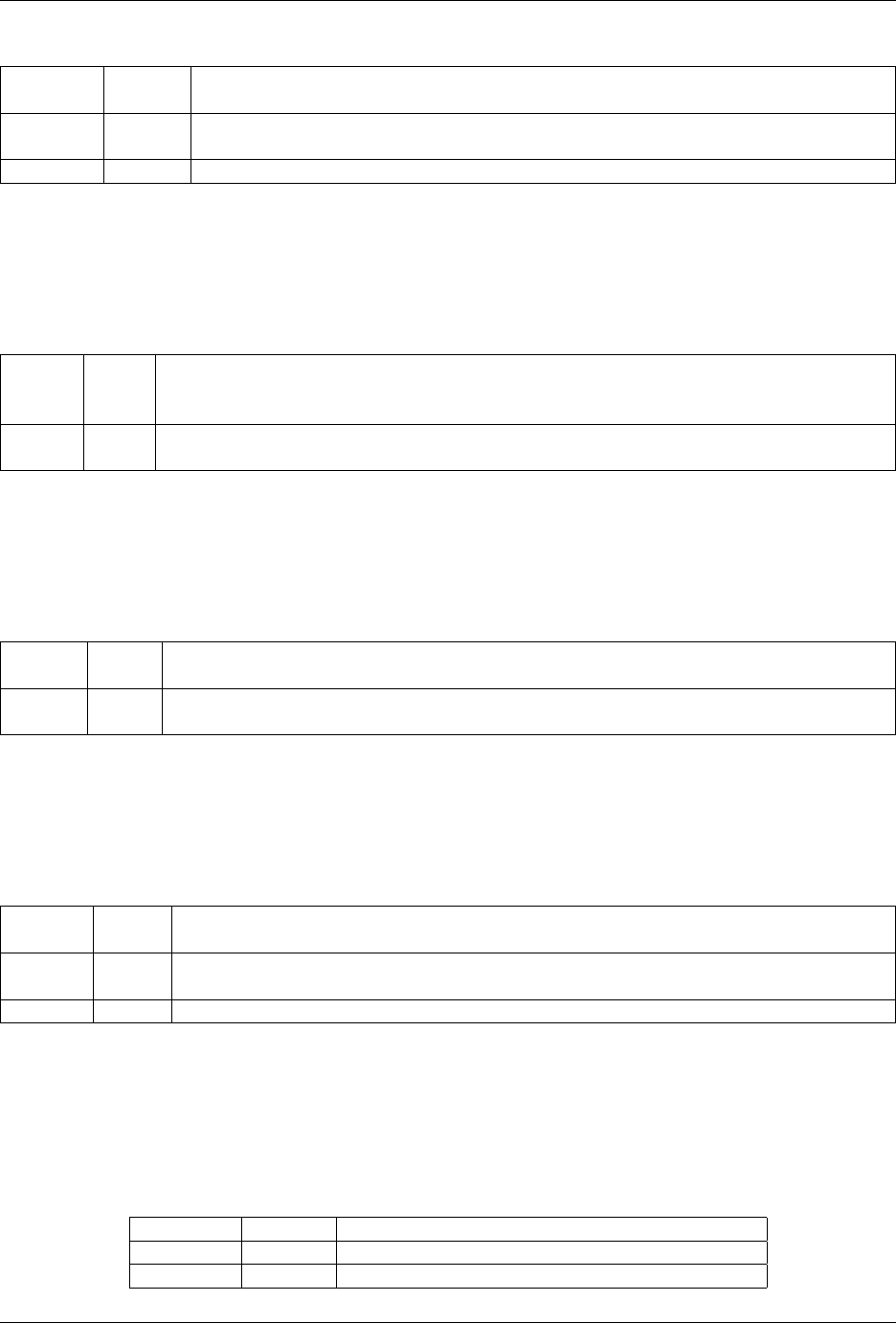
GeoServer User Manual, Release 2.15.1
Parame-
ter
Op-
tional
Description
source Y Identifier of the source coordinate reference system (the native one will be used if
missing)
target N Identifier of the target coordinate reference system
GdalTranslateTransform
Applies gdal_translate to a single file raster input. Requires gdal_translate to be inside the PATH
used by the web container running GeoServer.
Pa-
rame-
ter
Op-
tional
Description
op-
tions
N Array of options that will be passed to gdal_translate (beside the input and out-
put names, which are internally managed)
GdalWarpTransform
Applies gdalwarp to a single file raster input. Requires gdalwarp to be inside the PATH used by the web
container running GeoServer.
Param-
eter
Op-
tional
Description
options N Array of options that will be passed to gdalwarp (beside the input and output
names, which are internally managed)
GdalAddoTransform
Applies gdaladdo to a single file raster input. Requires gdaladdo to be inside the PATH used by the web
container running GeoServer.
Param-
eter
Op-
tional
Description
options N Array of options that will be passed to gdaladdo (beside the input file name, which
is internally managed)
levels N Array of integers with the overview levels that will be passed to gdaladdo
PostScriptTransform
Runs the specified script after the data is imported. The script must be located in
$GEOSERVER_DATA_DIR/importer/scripts. The script can be any executable file. At the time
of writing, there is no way to pass information about the data just imported to the script (TBD).
Parameter Optional Description
name N Name of the script to be invoked
options Y Array of options that will be passed to the script
1574 Chapter 15. Extensions
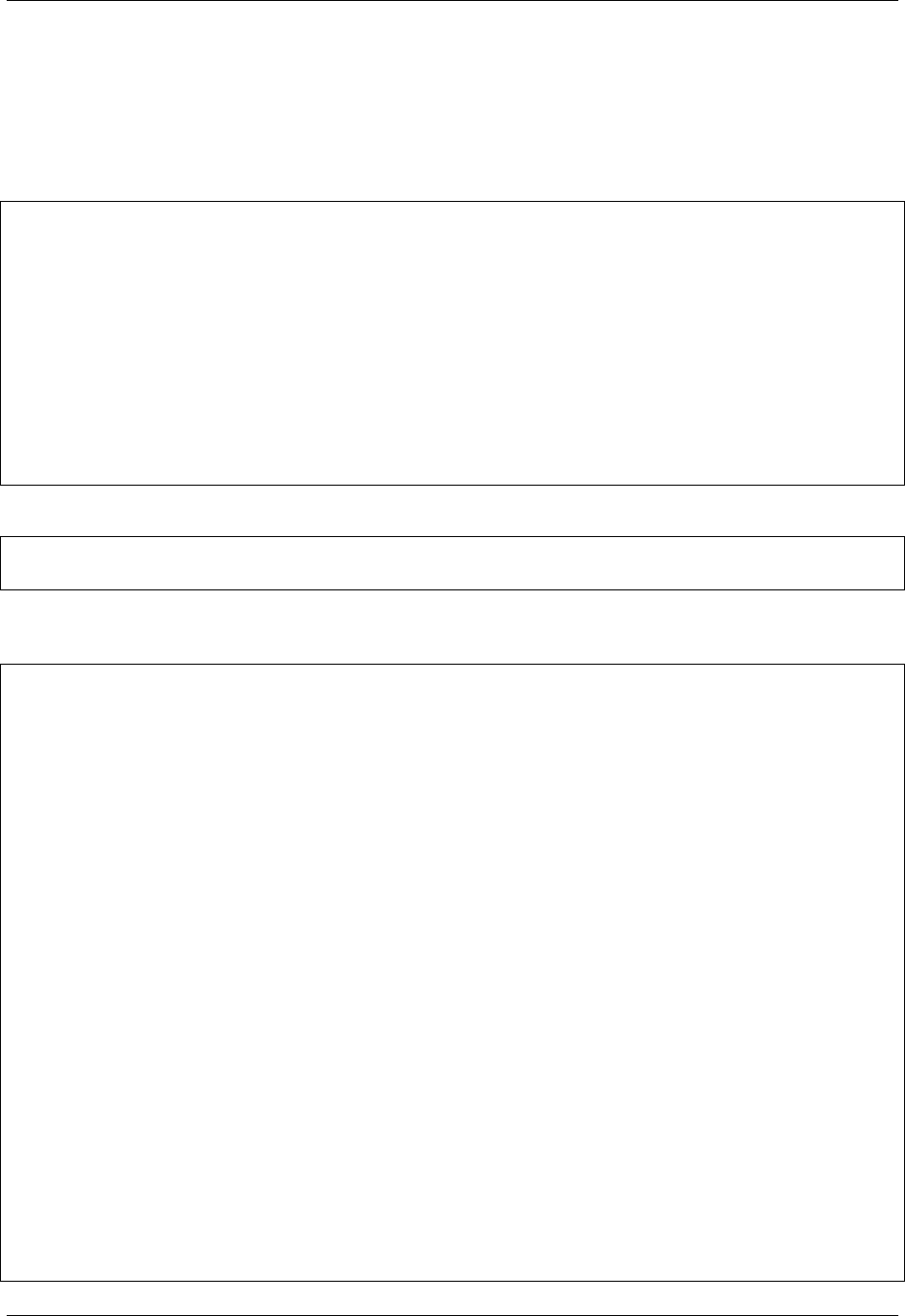
GeoServer User Manual, Release 2.15.1
15.6.6 Importer REST API examples
Mass configuring a directory of shapefiles
In order to initiate an import of the c:\data\tasmania directory into the existing tasmania workspace
the following JSON will be POSTed to GeoServer:
{
"import": {
"targetWorkspace": {
"workspace": {
"name":"tasmania"
}
},
"data": {
"type":"directory",
"location":"C:/data/tasmania"
}
}
}
This curl command can be used for the purpose:
curl -u admin:geoserver -XPOST -H"Content-type: application/json" -d@import.json
,→"http://localhost:8080/geoserver/rest/imports"
The importer will locate the files to be imported, and automatically prepare the tasks, returning the follow-
ing response:
{
"import": {
"id":9,
"href":"http://localhost:8080/geoserver/rest/imports/9",
"state":"PENDING",
"archive": false,
"targetWorkspace": {
"workspace": {
"name":"tasmania"
}
},
"data": {
"type":"directory",
"format":"Shapefile",
"location":"C:\\data\\tasmania",
"href":"http://localhost:8080/geoserver/rest/imports/9/data"
},
"tasks": [
{
"id":0,
"href":"http://localhost:8080/geoserver/rest/imports/9/tasks/0",
"state":"READY"
},
{
"id":1,
"href":"http://localhost:8080/geoserver/rest/imports/9/tasks/1",
"state":"READY"
},
{
15.6. Importer 1575
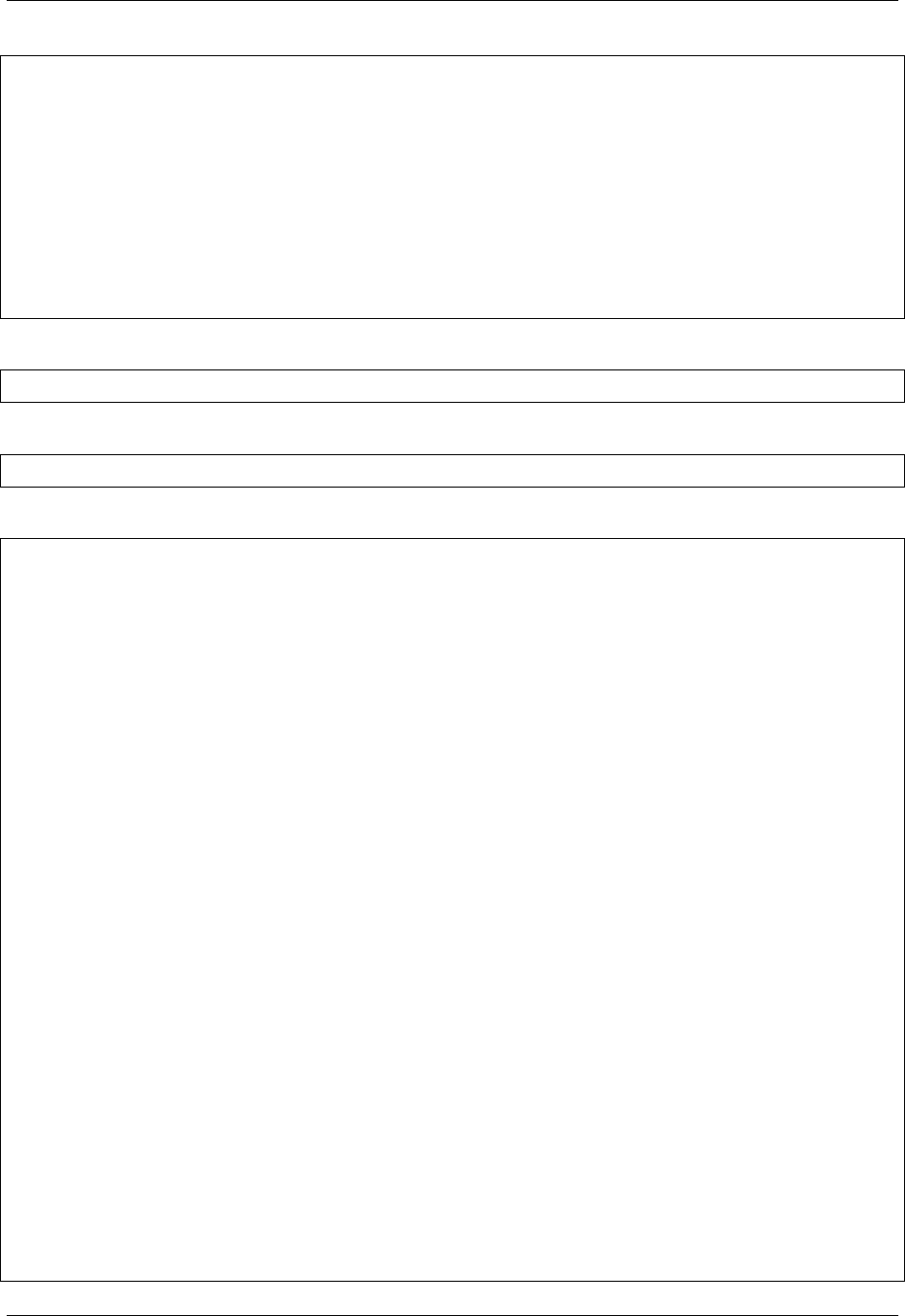
GeoServer User Manual, Release 2.15.1
"id":2,
"href":"http://localhost:8080/geoserver/rest/imports/9/tasks/2",
"state":"READY"
},
{
"id":3,
"href":"http://localhost:8080/geoserver/rest/imports/9/tasks/3",
"state":"READY"
}
]
}
}
After checking every task is ready, the import can be initiated by executing a POST on the import resource:
curl -u admin:geoserver -XPOST "http://localhost:8080/geoserver/rest/imports/9"
The resource can then be monitored for progress, and eventually final results:
curl -u admin:geoserver -XGET "http://localhost:8080/geoserver/rest/imports/9"
Which in case of successful import will look like:
{
"import": {
"id":9,
"href":"http://localhost:8080/geoserver/rest/imports/9",
"state":"COMPLETE",
"archive": false,
"targetWorkspace": {
"workspace": {
"name":"tasmania"
}
},
"data": {
"type":"directory",
"format":"Shapefile",
"location":"C:\\data\\tasmania",
"href":"http://localhost:8080/geoserver/rest/imports/9/data"
},
"tasks": [
{
"id":0,
"href":"http://localhost:8080/geoserver/rest/imports/9/tasks/0",
"state":"COMPLETE"
},
{
"id":1,
"href":"http://localhost:8080/geoserver/rest/imports/9/tasks/1",
"state":"COMPLETE"
},
{
"id":2,
"href":"http://localhost:8080/geoserver/rest/imports/9/tasks/2",
"state":"COMPLETE"
},
{
"id":3,
1576 Chapter 15. Extensions
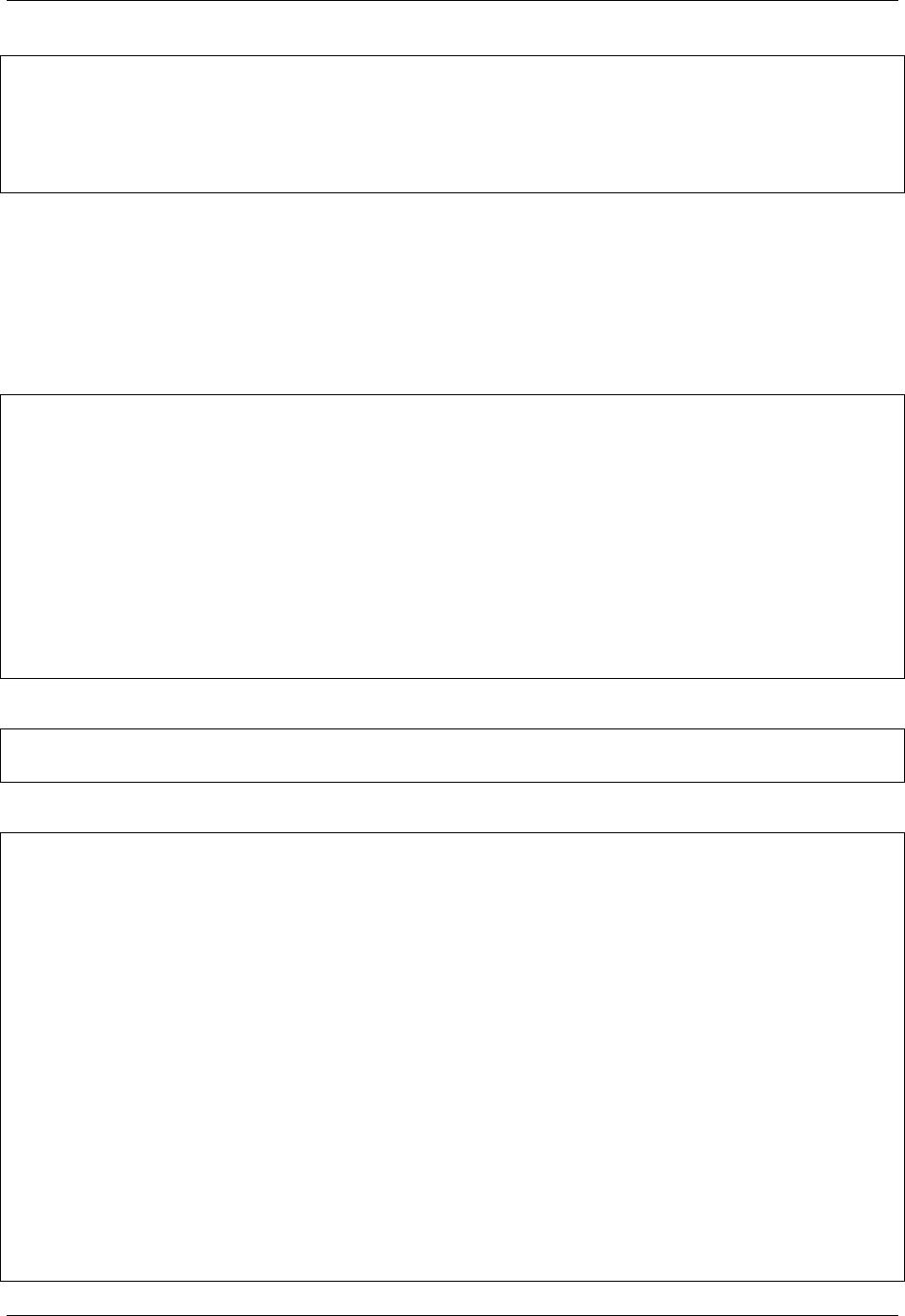
GeoServer User Manual, Release 2.15.1
"href":"http://localhost:8080/geoserver/rest/imports/9/tasks/3",
"state":"COMPLETE"
}
]
}
}
Configuring a shapefile with no projection information
In this case, let’s assume we have a single shapefile, tasmania_cities.shp, that does not have the .prj anciliary
file (the example is equally good for any case where the prj file contents cannot be matched to an official
EPSG code).
We are going to post the following import definition:
{
"import": {
"targetWorkspace": {
"workspace": {
"name":"tasmania"
}
},
"data": {
"type":"file",
"file":"C:/data/tasmania/tasmania_cities.shp"
}
}
}
With the usual curl command:
curl -u admin:geoserver -XPOST -H"Content-type: application/json" -d@import.json
,→"http://localhost:8080/geoserver/rest/imports"
The response in case the CRS is missing will be:
{
"import": {
"id":13,
"href":"http://localhost:8080/geoserver/rest/imports/13",
"state":"PENDING",
"archive": false,
"targetWorkspace": {
"workspace": {
"name":"tasmania"
}
},
"data": {
"type":"file",
"format":"Shapefile",
"file":"tasmania_cities.shp"
},
"tasks": [
{
"id":0,
"href":"http://localhost:8080/geoserver/rest/imports/13/tasks/0",
"state":"NO_CRS"
15.6. Importer 1577
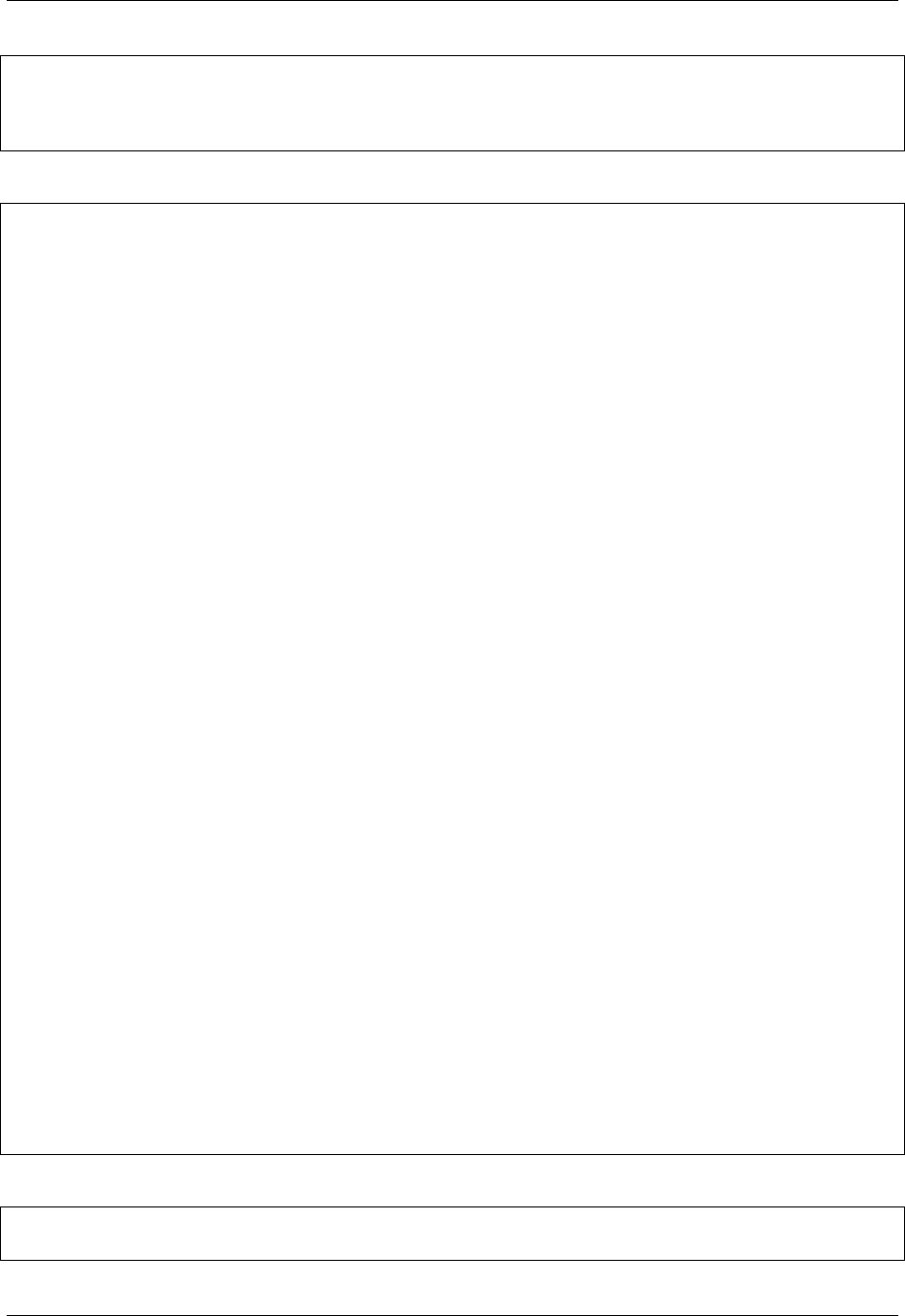
GeoServer User Manual, Release 2.15.1
}
]
}
}
Drilling into the task layer we can see the srs information is missing:
{
"layer": {
"name":"tasmania_cities",
"href":"http://localhost:8080/geoserver/rest/imports/13/tasks/0/layer",
"title":"tasmania_cities",
"originalName":"tasmania_cities",
"nativeName":"tasmania_cities",
"bbox": {
"minx":146.2910004483,
"miny":-43.85100181689,
"maxx":148.2910004483,
"maxy":-41.85100181689
},
"attributes": [
{
"name":"the_geom",
"binding":"org.locationtech.jts.geom.MultiPoint"
},
{
"name":"CITY_NAME",
"binding":"java.lang.String"
},
{
"name":"ADMIN_NAME",
"binding":"java.lang.String"
},
{
"name":"CNTRY_NAME",
"binding":"java.lang.String"
},
{
"name":"STATUS",
"binding":"java.lang.String"
},
{
"name":"POP_CLASS",
"binding":"java.lang.String"
}
],
"style": {
"name":"tasmania_tasmania_cities2",
"href":"http://localhost:8080/geoserver/rest/imports/13/tasks/0/layer/style"
}
}
}
The following PUT request will update the SRS:
curl -u admin:geoserver -XPUT -H"Content-type: application/json" -d@layerUpdate.
,→json "http://localhost:8080/geoserver/rest/imports/13/tasks/0/layer/"
1578 Chapter 15. Extensions
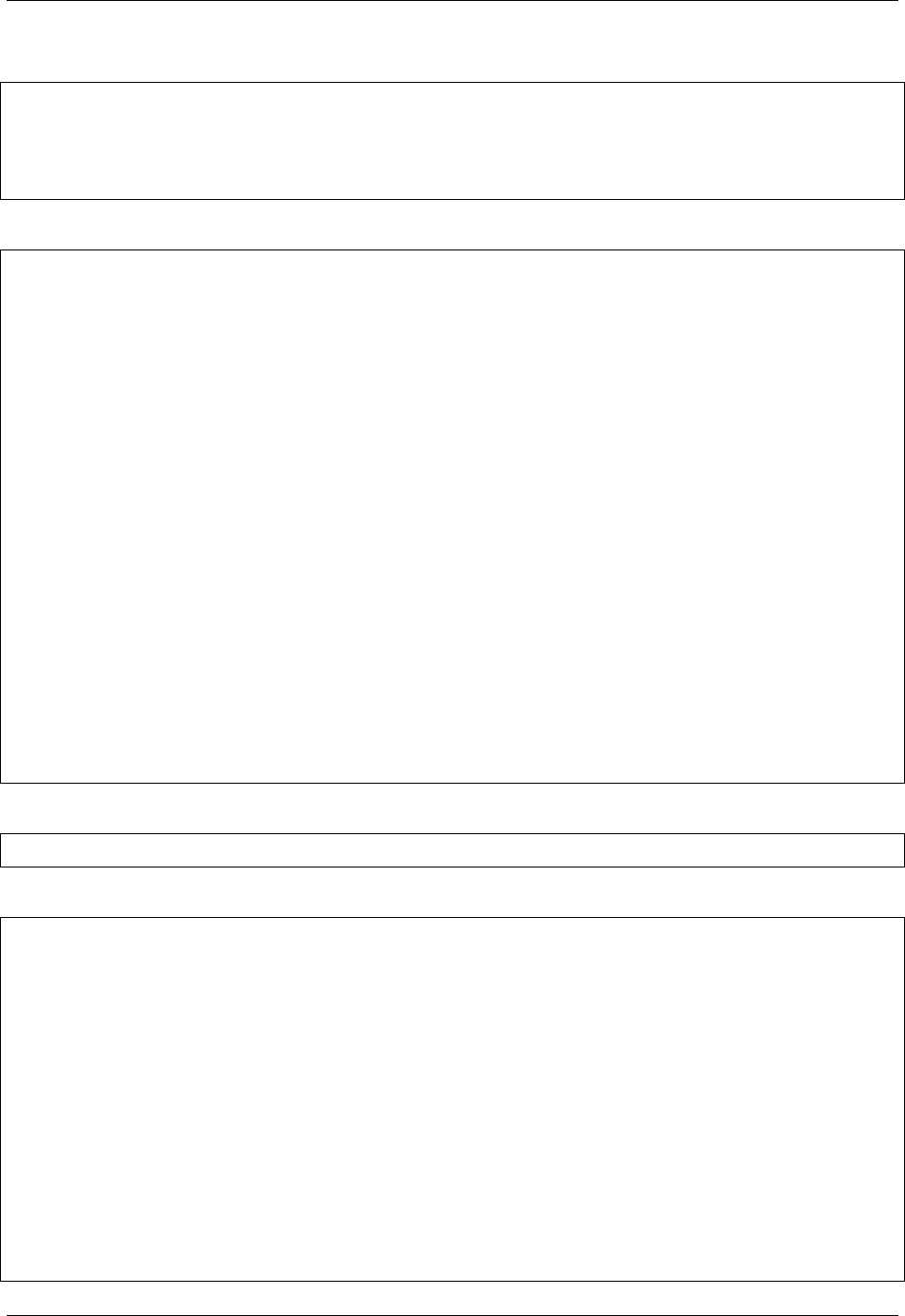
GeoServer User Manual, Release 2.15.1
Where layerUpdate.json is:
{
layer : {
srs: "EPSG:4326"
}
}
Getting the import definition again, we’ll find it ready to execute:
{
"import": {
"id":13,
"href":"http://localhost:8080/geoserver/rest/imports/13",
"state":"PENDING",
"archive": false,
"targetWorkspace": {
"workspace": {
"name":"tasmania"
}
},
"data": {
"type":"file",
"format":"Shapefile",
"file":"tasmania_cities.shp"
},
"tasks": [
{
"id":0,
"href":"http://localhost:8080/geoserver/rest/imports/13/tasks/0",
"state":"READY"
}
]
}
}
A POST request will make it execute:
curl -u admin:geoserver -XPOST "http://localhost:8080/geoserver/rest/imports/13"
And eventually succeed:
{
"import": {
"id":13,
"href":"http://localhost:8080/geoserver/rest/imports/13",
"state":"COMPLETE",
"archive": false,
"targetWorkspace": {
"workspace": {
"name":"tasmania"
}
},
"data": {
"type":"file",
"format":"Shapefile",
"file":"tasmania_cities.shp"
},
"tasks": [
15.6. Importer 1579
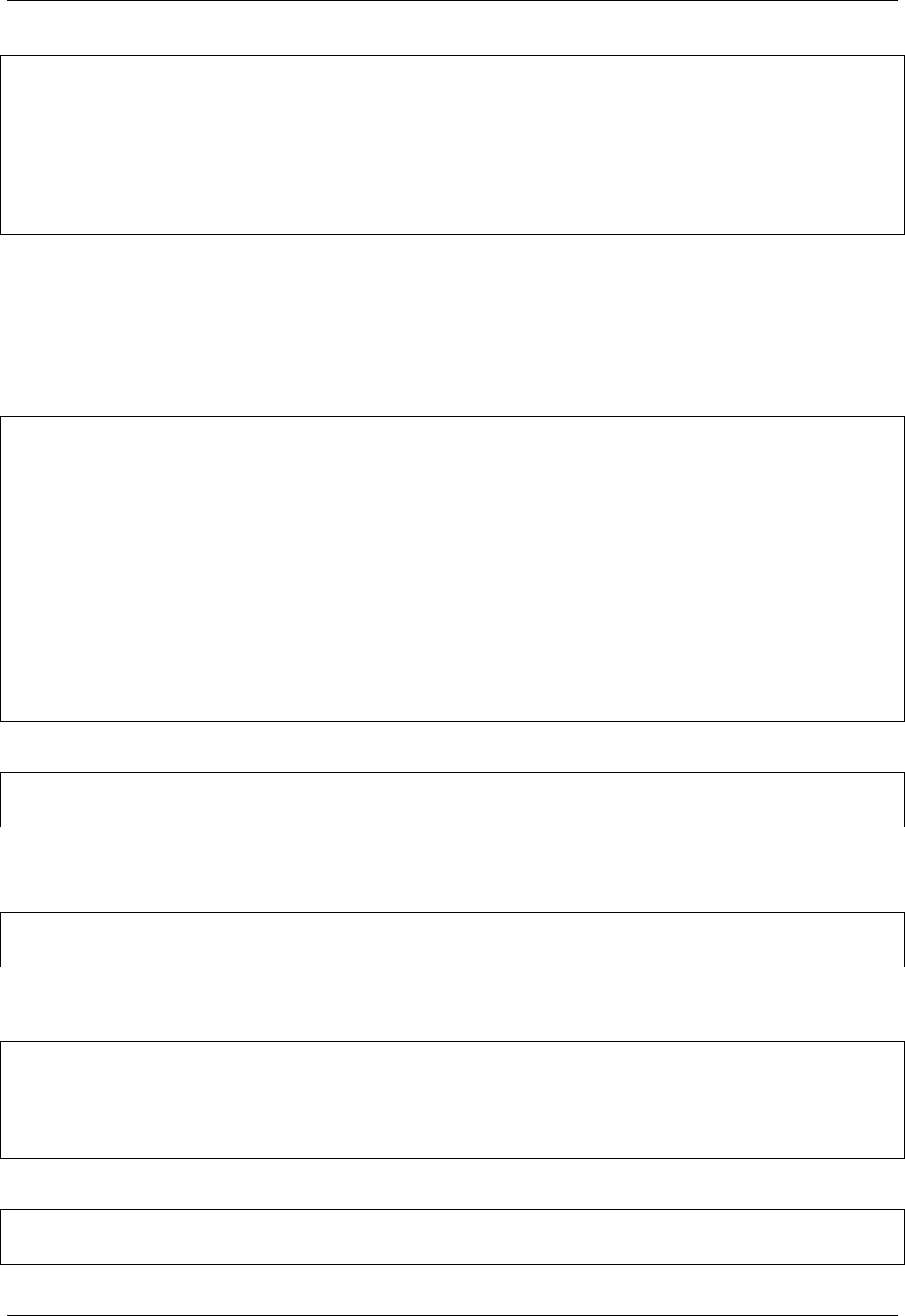
GeoServer User Manual, Release 2.15.1
{
"id":0,
"href":"http://localhost:8080/geoserver/rest/imports/13/tasks/0",
"state":"COMPLETE"
}
]
}
}
Uploading a Shapefile to PostGIS
This example shows the process for uploading a Shapefile (in a zip file) to an existing PostGIS datastore
(cite:postgis).
Create the import definition:
{
"import": {
"targetStore": {
"dataStore": {
"name":"postgis"
}
},
"targetWorkspace": {
"workspace": {
"name":"cite"
}
}
}
}
POST this definition to /geoserver/rest/imports:
curl -u admin:geoserver -XPOST -H"Content-type: application/json" -d@import.json
,→"http://localhost:8080/geoserver/rest/imports"
The response will contain the import ID.
We now have an empty import with no tasks. To add a task, POST the shapefile to the list of tasks:
curl -u admin:geoserver -F name=myshapefile.zip -F filedata=@myshapefile.zip "http://
,→localhost:8080/geoserver/rest/imports/14/tasks"
Since we sent a shapefile, importer assumes the target will be a shapefile store. To import to PostGIS, we
will need to reset it. Create the following JSON file:
{
"dataStore": {
"name":"postgis"
}
}
PUT this file to /geoserver/rest/imports/14/tasks/0/target:
curl -u admin:geoserver -XPUT -H"Content-type: application/json" -d@target.json
,→"http://localhost:8080/geoserver/rest/imports/14/tasks/0/target"
1580 Chapter 15. Extensions
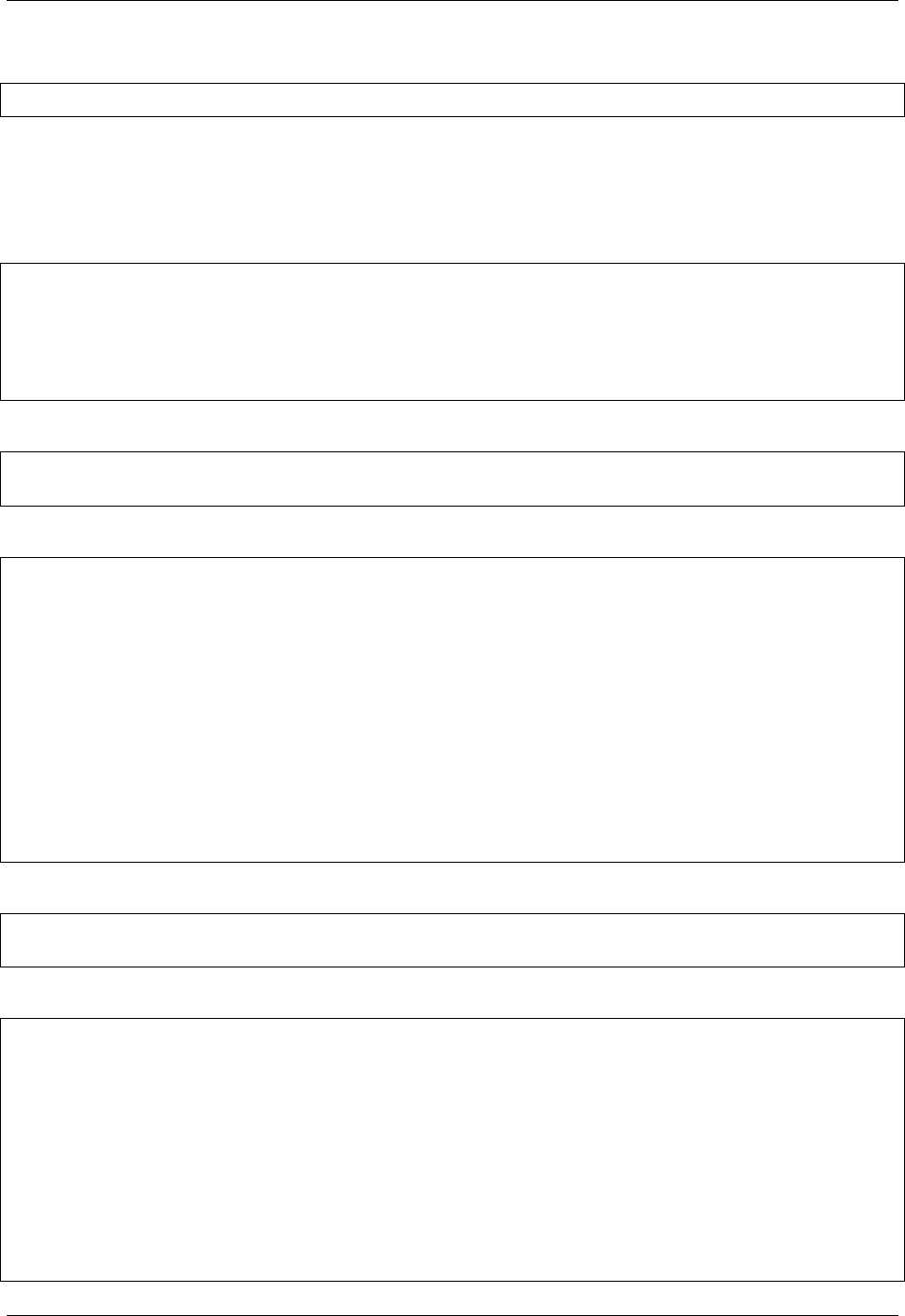
GeoServer User Manual, Release 2.15.1
Finally, we execute the import by sending a POST to /geoserver/rest/imports/14:
curl -u admin:geoserver -XPOST "http://localhost:8080/geoserver/rest/imports/14"
Uploading a CSV file to PostGIS while transforming it
A remote sensing tool is generating CSV files with some locations and measurements, that we want to
upload into PostGIS as a new spatial table. The CSV file looks as follows:
AssetID, SampleTime, Lat, Lon, Value
1,2015-01-01T10:00:00,10.00,62.00,15.2
1,2015-01-01T11:00:00,10.10,62.11,30.25
1,2015-01-01T12:00:00,10.20,62.22,41.2
1,2015-01-01T13:00:00,10.31,62.33,27.6
1,2015-01-01T14:00:00,10.41,62.45,12
First, we are going to create a empty import with an existing postgis store as the target:
curl -u admin:geoserver -XPOST -H"Content-type: application/json" -d@import.json
,→"http://localhost:8080/geoserver/rest/imports"
Where import.json is:
{
"import": {
"targetWorkspace": {
"workspace": {
"name":"topp"
}
},
"targetStore": {
"dataStore": {
"name":"gttest"
}
}
}
}
Then, we are going to POST the csv file to the tasks list, in order to create an import task for it:
curl -u admin:geoserver -F name=test -F filedata=@values.csv "http://localhost:8080/
,→geoserver/rest/imports/0/tasks"
And we are going to get back a new task definition, with a notification that the CRS is missing:
{
"task": {
"id":0,
"href":"http://localhost:8080/geoserver/rest/imports/16/tasks/0",
"state":"NO_CRS",
"updateMode":"CREATE",
"data": {
"type":"file",
"format":"CSV",
"file":"values.csv"
},
"target": {
15.6. Importer 1581
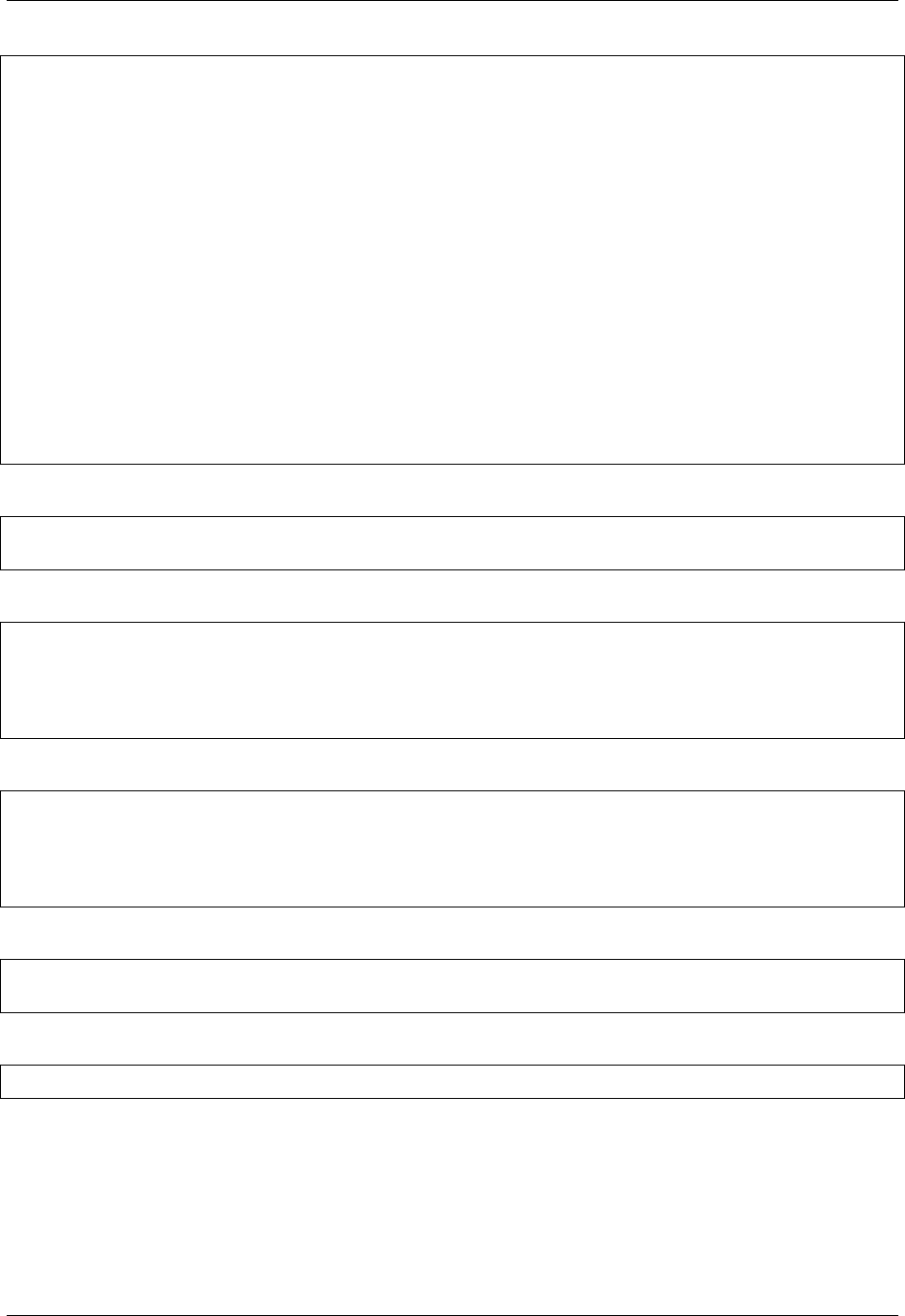
GeoServer User Manual, Release 2.15.1
"href":"http://localhost:8080/geoserver/rest/imports/16/tasks/0/target",
"dataStore": {
"name":"values",
"type":"CSV"
}
},
"progress":"http://localhost:8080/geoserver/rest/imports/16/tasks/0/progress",
"layer": {
"name":"values",
"href":"http://localhost:8080/geoserver/rest/imports/16/tasks/0/layer"
},
"transformChain": {
"type":"vector",
"transforms": [
]
}
}
}
As before, we are going to force the CRS by updating the layer:
curl -u admin:geoserver -XPUT -H"Content-type: application/json" -d@layerUpdate.
,→json "http://localhost:8080/geoserver/rest/imports/0/tasks/0/layer/"
Where layerUpdate.json is:
{
layer : {
srs: "EPSG:4326"
}
}
Then, we are going to create a transformation mapping the Lat/Lon columns to a point:
{
"type":"AttributesToPointGeometryTransform",
"latField":"Lat",
"lngField":"Lon"
}
The above will be uploaded to GeoServer as follows:
curl -u admin:geoserver -XPOST -H"Content-type: application/json" -d@toPoint.json
,→"http://localhost:8080/geoserver/rest/imports/0/tasks/0/transforms"
Now the import is ready to run, and we’ll execute it using:
curl -u admin:geoserver -XPOST "http://localhost:8080/geoserver/rest/imports/0"
If all goes well the new layer is created in PostGIS and registered in GeoServer as a new layer.
In case the features in the CSV need to be appended to an existing layer a PUT request against the task
might be performed, changing its updateMode from “CREATE” to “APPEND”. Changing it to “REPLACE”
instead will preserve the layer, but remove the old conents and replace them with the newly uploaded ones.
1582 Chapter 15. Extensions
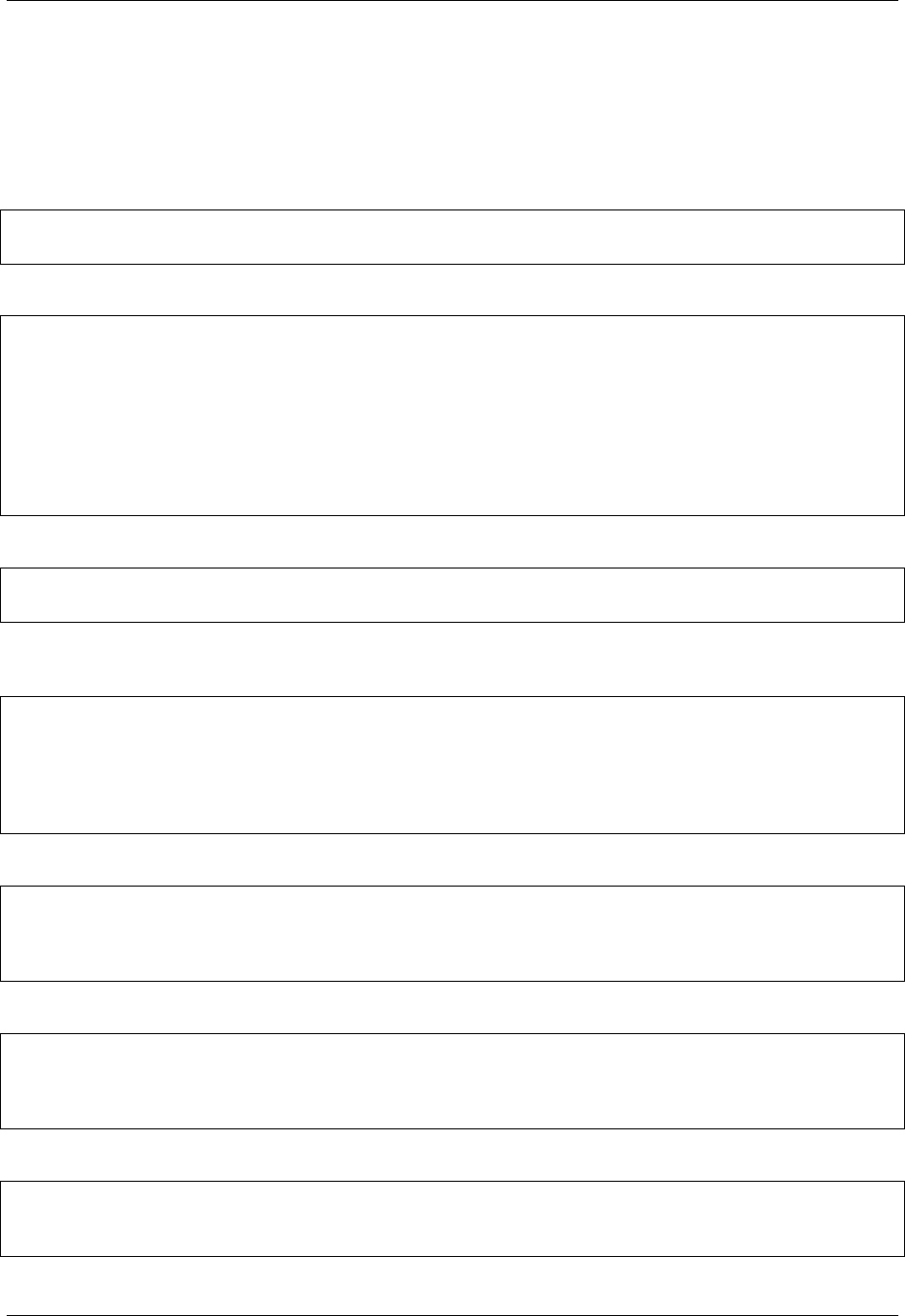
GeoServer User Manual, Release 2.15.1
Uploading and optimizing a GeoTiff with ground control points
A data supplier is periodically providing GeoTiffs that we need to configure in GeoServer. The GeoTIFF is
referenced via Ground Control Points, is organized by stripes, and has no overviews. The objective is to
rectify, optimize and publish it via the importer.
First, we are going to create a empty import with no store as the target:
curl -u admin:geoserver -XPOST -H"Content-type: application/json" -d@import.json
,→"http://localhost:8080/geoserver/rest/imports"
Where import.json is:
{
"import": {
"targetWorkspace": {
"workspace": {
"name":"sf"
}
}
}
}
Then, we are going to POST the GeoTiff file to the tasks list, in order to create an import task for it:
curl -u admin:geoserver -F name=test -F filedata=@box_gcp_fixed.tif "http://
,→localhost:8080/geoserver/rest/imports/0/tasks"
We are then going to append the transformations to rectify (gdalwarp), retile (gdal_translate) and add
overviews (gdaladdo) to it:
curl -u admin:geoserver -XPOST -H"Content-type: application/json" -d@warp.json
,→"http://localhost:8080/geoserver/rest/imports/0/tasks/0/transforms"
curl -u admin:geoserver -XPOST -H"Content-type: application/json" -d@gtx.json
,→"http://localhost:8080/geoserver/rest/imports/0/tasks/0/transforms"
curl -u admin:geoserver -XPOST -H"Content-type: application/json" -d@gad.json
,→"http://localhost:8080/geoserver/rest/imports/0/tasks/0/transforms"
warp.json is:
{
"type":"GdalWarpTransform",
"options":["-t_srs","EPSG:4326"]
}
gtx.json is:
{
"type":"GdalTranslateTransform",
"options":["-co","TILED=YES","-co","BLOCKXSIZE=512","-co","BLOCKYSIZE=512"]
}
gad.json is:
{
"type":"GdalAddoTransform",
"options":["-r","average"],
15.6. Importer 1583
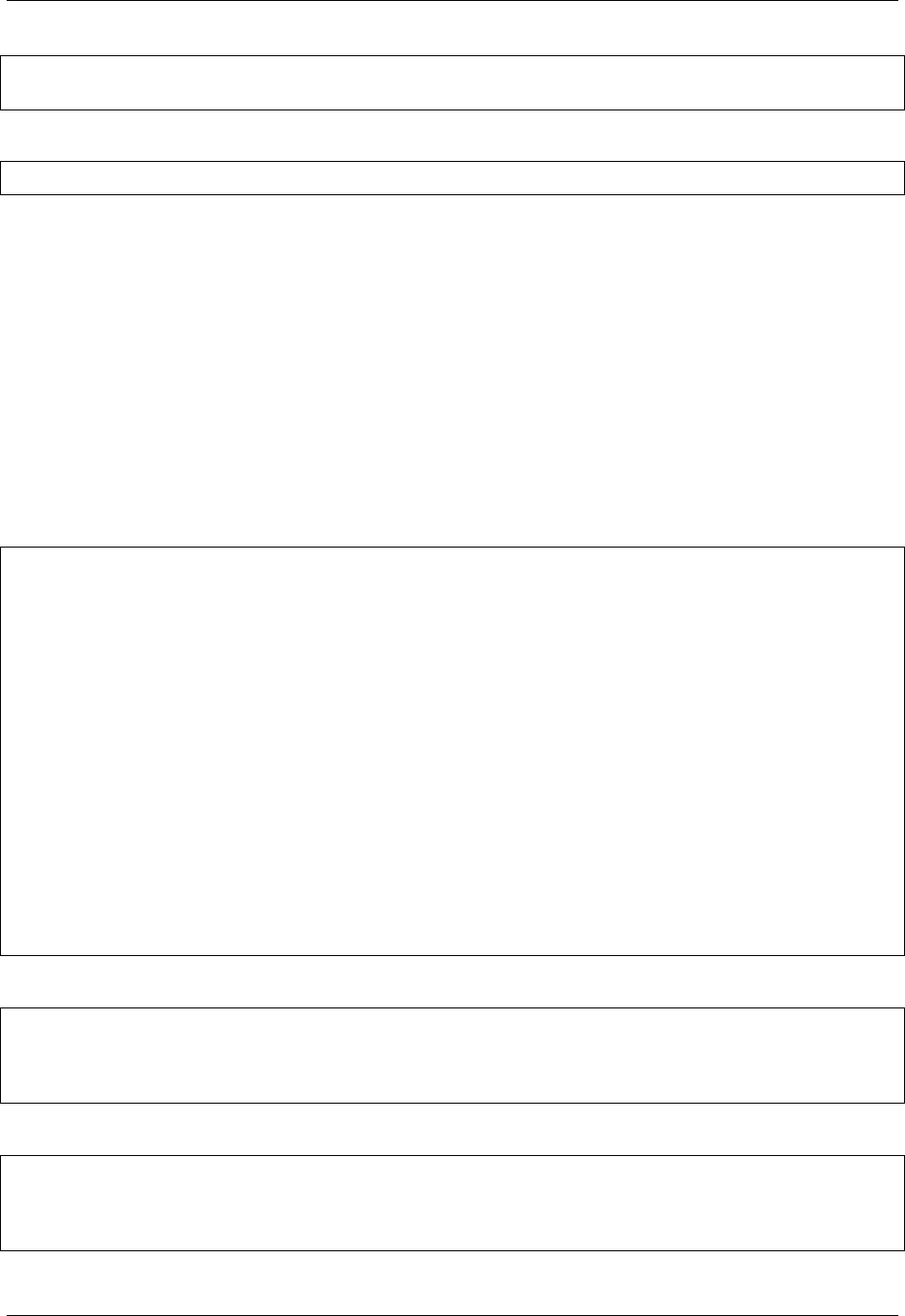
GeoServer User Manual, Release 2.15.1
"levels" : [2,4,8,16]
}
Now the import is ready to run, and we’ll execute it using:
curl -u admin:geoserver -XPOST "http://localhost:8080/geoserver/rest/imports/0"
A new layer box_gcp_fixed layer will appear in GeoServer, with an underlying GeoTiff file ready for
web serving.
Adding a new granule into an existing mosaic
A data supplier is periodically providing new time based imagery that we need to add into an existing
mosaic in GeoServer. The imagery is in GeoTiff format, and lacks a good internal structure, which needs to
be aligned with the one into the other images.
First, we are going to create a import with an indication of where the granule is located, and the target store:
curl -u admin:geoserver -XPOST -H “Content-type: application/json” -d @import.json
“http://localhost:8080/geoserver/rest/imports”
Where import.json is:
{
"import": {
"targetWorkspace": {
"workspace": {
"name":"topp"
}
},
"data": {
"type":"file",
"file":"/home/aaime/devel/gisData/ndimensional/data/world/world.200407.
,→3x5400x2700.tiff"
},
"targetStore": {
"dataStore": {
"name":"bluemarble"
}
}
}
}
We are then going to append the transformations to harmonize the file with the rest of the mosaic:
curl -u admin:geoserver -XPOST -H"Content-type: application/json" -d@gtx.json
,→"http://localhost:8080/geoserver/rest/imports/0/tasks/0/transforms"
curl -u admin:geoserver -XPOST -H"Content-type: application/json" -d@gad.json
,→"http://localhost:8080/geoserver/rest/imports/0/tasks/0/transforms"
gtx.json is:
{
"type":"GdalTranslateTransform",
"options":["-co","TILED=YES"]
}
1584 Chapter 15. Extensions
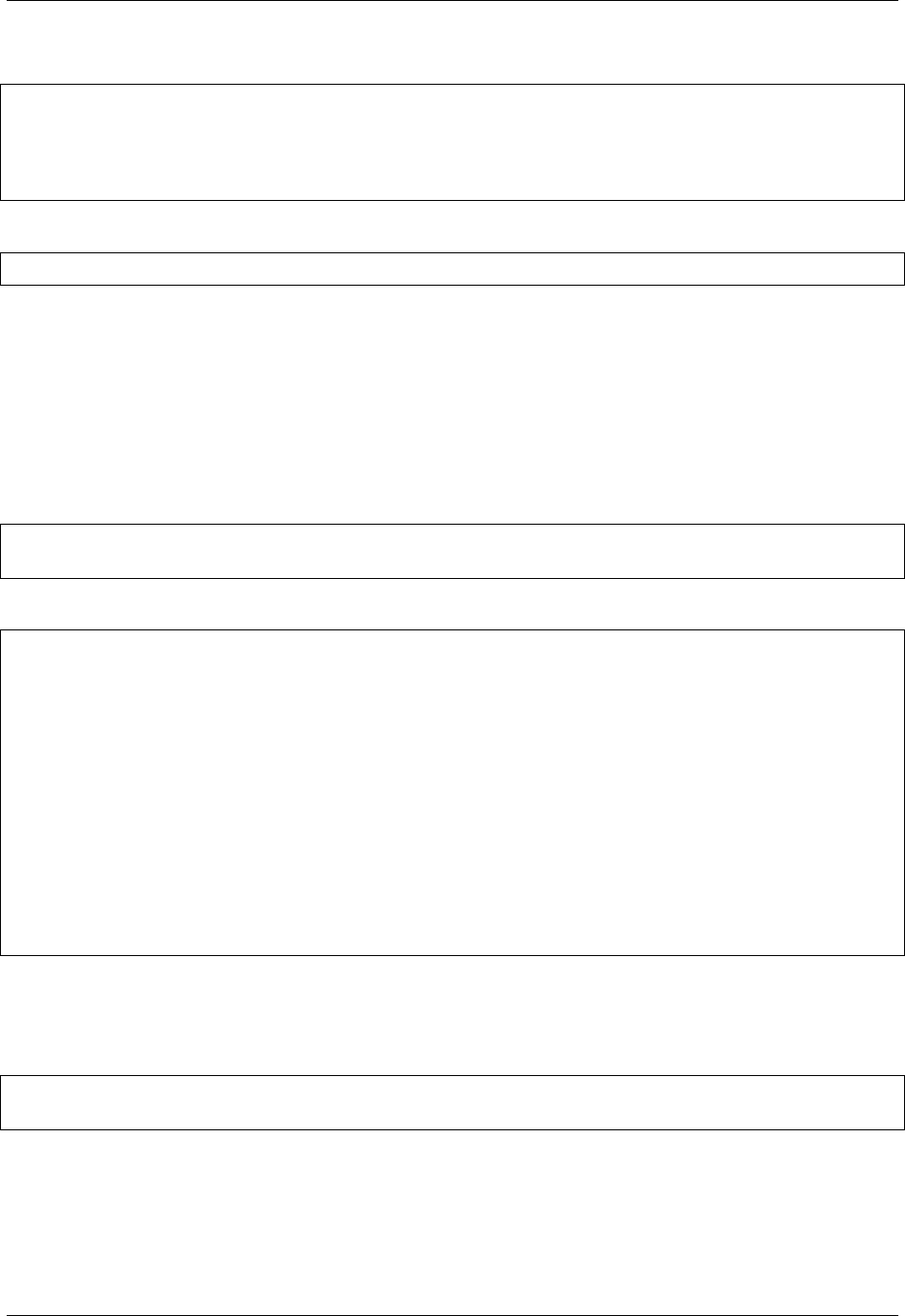
GeoServer User Manual, Release 2.15.1
gad.json is:
{
"type":"GdalAddoTransform",
"options":["-r","average"],
"levels" : [2,4,8,16,32,64,128]
}
Now the import is ready to run, and we’ll execute it using:
curl -u admin:geoserver -XPOST "http://localhost:8080/geoserver/rest/imports/0"
The new granule will be ingested into the mosaic, and will thus be available for time based requests.
Asynchronously fetching and importing data from a remote server
We assume a remote FTP server contains multiple shapefiles that we need to import in GeoServer as new
layers. The files are large, and the server has much better bandwith than the client, so it’s best if GeoServer
performs the data fetching on its own.
In this case a asynchronous request using remote data will be the best fit:
curl -u admin:geoserver -XPOST -H"Content-type: application/json" -d@import.json
,→"http://localhost:8080/geoserver/rest/imports?async=true"
Where import.json is:
{
"import": {
"targetWorkspace": {
"workspace": {
"name":"topp"
}
},
"data": {
"type":"remote",
"location":"ftp://myserver/data/bc_shapefiles",
"username":"dan",
"password":"secret"
}
}
}
The request will return immediately with an import context in “INIT” state, and it will remain in such
state until the data is fetched and the tasks created. Once the state switches to “PENDING” the import
will be ready for execution. Since there is a lot of shapefiles to process, also the import run will be done in
asynchronous mode:
curl -u admin:geoserver -XPOST "http://localhost:8080/geoserver/rest/imports/0?
,→async=true"
The response will return immediately in this case as well, and the progress can be followed as the tasks in
the import switch state.
15.6. Importer 1585
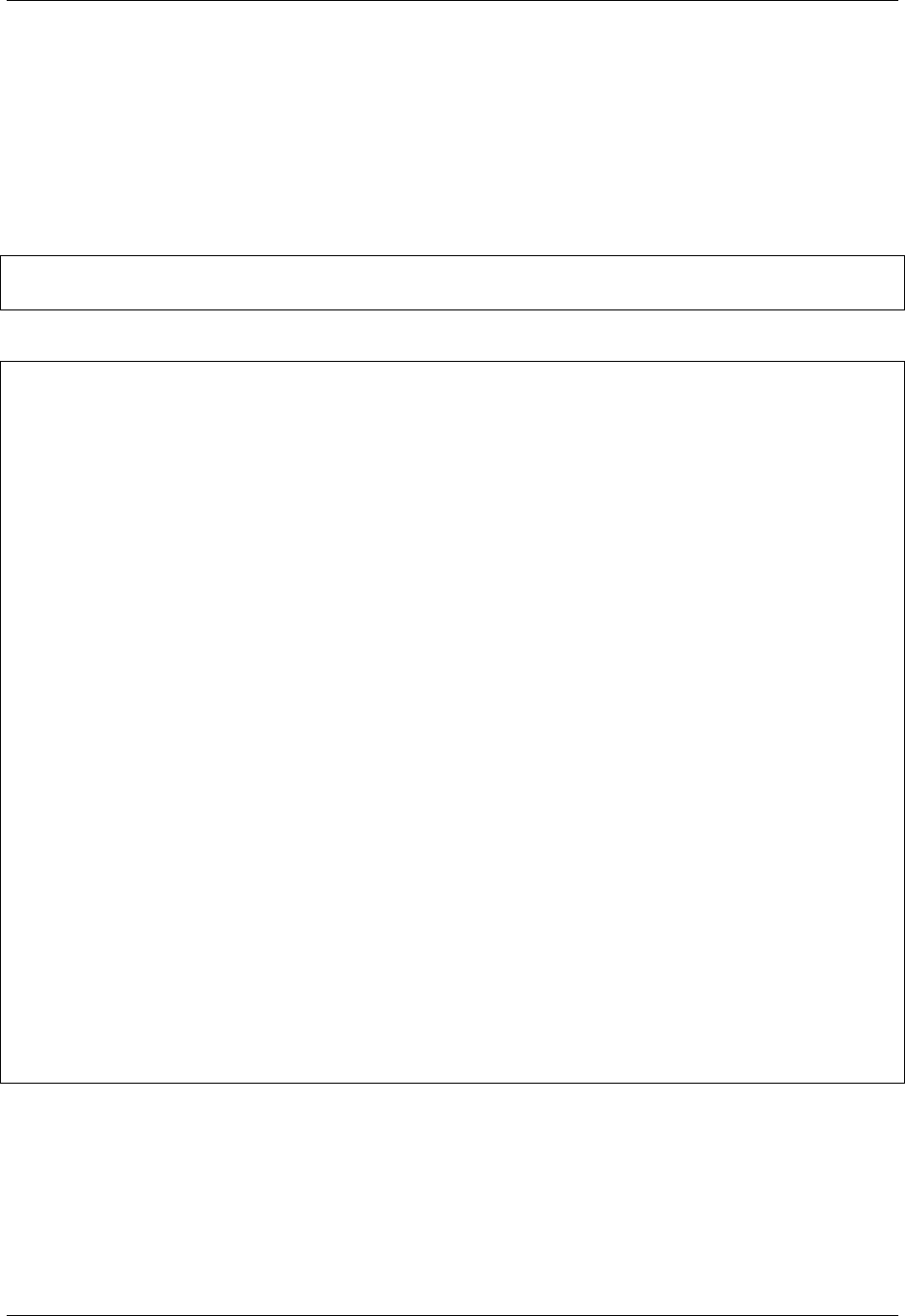
GeoServer User Manual, Release 2.15.1
Importing and optimizing a large image with a single request
A large image appears every now and then on a mounted disk share, the image needs to be optimized and
imported into GeoServer as a new layer. Since the source is large and we need to copy it on the local disk
where the data dir resides, a “remote” data is the right tool for the job, an asynchronous execution is also
recommended to avoid waiting on a possibly large command. In this case the request will also contains the
“exec=true” parameter to force the importer an immediate execution of the command.
The request will then look as follows:
curl -u admin:geoserver -XPOST -H"Content-type: application/json" -d@import.json
,→"http://localhost:8080/geoserver/rest/imports?async=true&exec=true"
Where import.json is:
{
"import": {
"targetWorkspace": {
"workspace": {
"name":"topp"
}
},
"data": {
"type":"remote",
"location":"\/mnt\/remoteDisk\/bluemarble.tiff"
},
"transforms": [
{
"type":"GdalTranslateTransform",
"options": [
"-co","TILED=YES",
"-co","COMPRESS=JPEG",
"-co","JPEG_QUALITY=85",
"-co","PHOTOMETRIC=YCBCR"
]
},
{
"type":"GdalAddoTransform",
"options": [
"-r",
"average",
"--config","COMPRESS_OVERVIEW","JPEG",
"--config","PHOTOMETRIC_OVERVIEW","YCBCR"
],
"levels":[2,4,8,16,32,64 ]
}
]
}
}
Given the request is asynchronous, the client will have to poll the server in order to check if the initialization
and execution have succeded.
1586 Chapter 15. Extensions
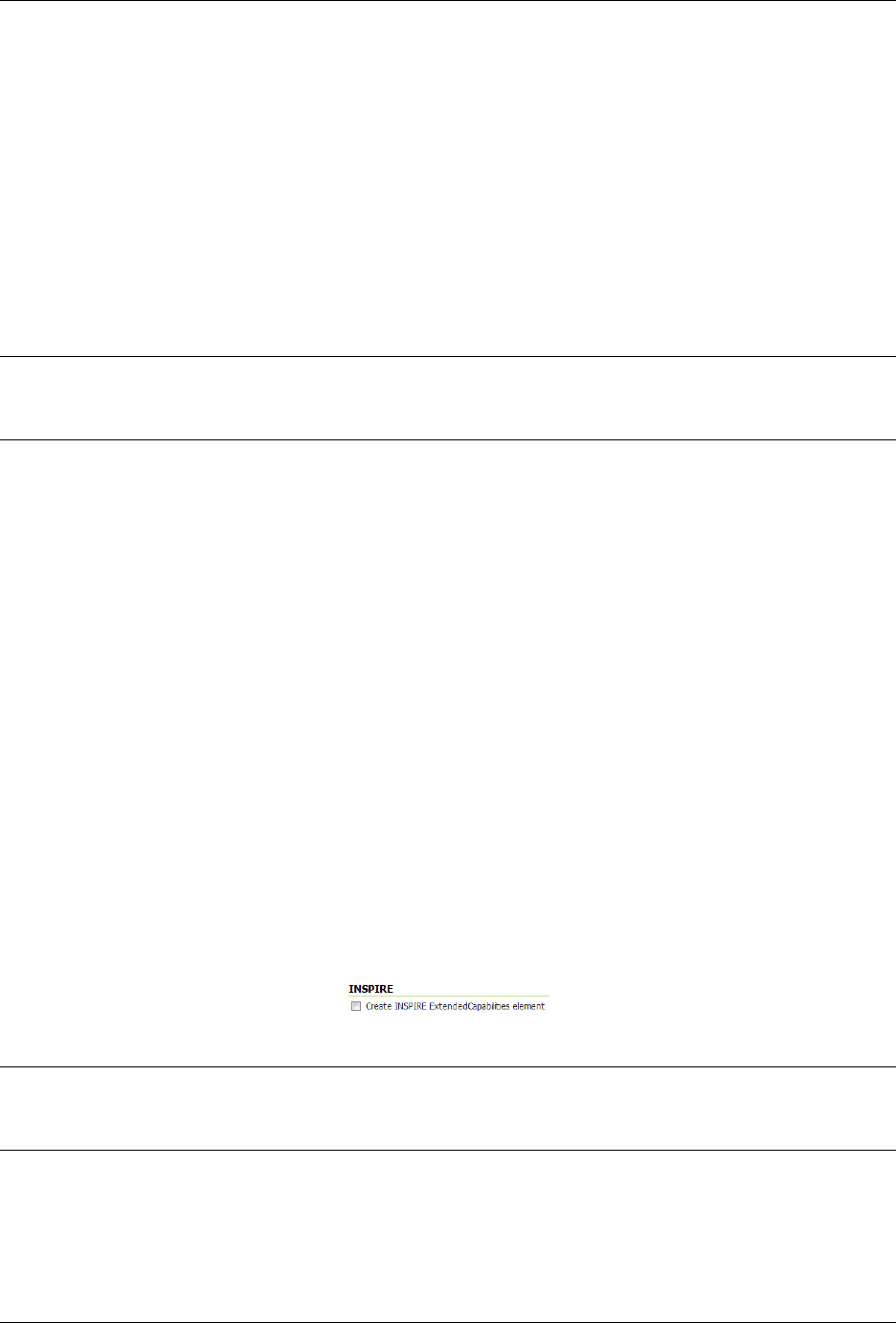
GeoServer User Manual, Release 2.15.1
15.7 INSPIRE
The INSPIRE extension allows GeoServer to be compliant with the View Service and Download Service
specifications put forth by the Infrastructure for Spatial Information in the European Community (IN-
SPIRE) directive.
In practice this means adding some extra elements into an extended capabilities section of the WMS, WFS
and WCS capabilities documents. For WMS, WFS and WCS this includes a Metadata URL element with
a link to the metadata associated with the service, and SupportedLanguages and ResponseLanguage ele-
ments which report the response language (GeoServer can only support one response language). For WFS
and WCS there are also one or more SpatialDataSetIdentifier elements for each spatial data resource served
by the service.
Note: The current INSPIRE extension fulfills “Scenario 1” of the View Service extended metadata require-
ments. “Scenario 2” is not currently supported in GeoServer, but is certainly possible to implement. If you
are interested in implementing or funding this, please raise the issue on the GeoServer mailing list.
For more information on the INSPIRE directive, please see the European Commission’s INSPIRE website.
15.7.1 Installing the INSPIRE extension
The INSPIRE extension is a official extension available at GeoServer download pages (starting with
GeoServer 2.3.2).
1. Download the inspire zip release file from the download page of your version of GeoServer
2. Extract the archive and copy the contents into the <GEOSERVER_ROOT>/WEB-INF/lib directory.
3. Restart GeoServer.
To verify that the extension was installed successfully, please see the next section on Using the INSPIRE
extension.
15.7.2 Using the INSPIRE extension
When the INSPIRE extension has been properly installed, the WMS settings,WFS settings and WCS settings
sections of the Web administration interface will show an extra INSPIRE configuration section. If the data
directory has not been configured with INSPIRE parameters before, this section will just contain a check
box to enable the creation of an INSPIRE ExtendedCapabilities element.
Note: If you do not see this content in the service configuration pages, the INSPIRE extension may not be
installed properly. Reread the section on Installing the INSPIRE extension and verify that the correct file was
saved to the correct directory.
Extended WMS and WMTS configuration
INSPIRE-specific configuration is accessed on the main WMS settings or WMTS settings page in the Web
administration interface. This is accessed by clicking on the WMS or WMTS link on the sidebar.
15.7. INSPIRE 1587
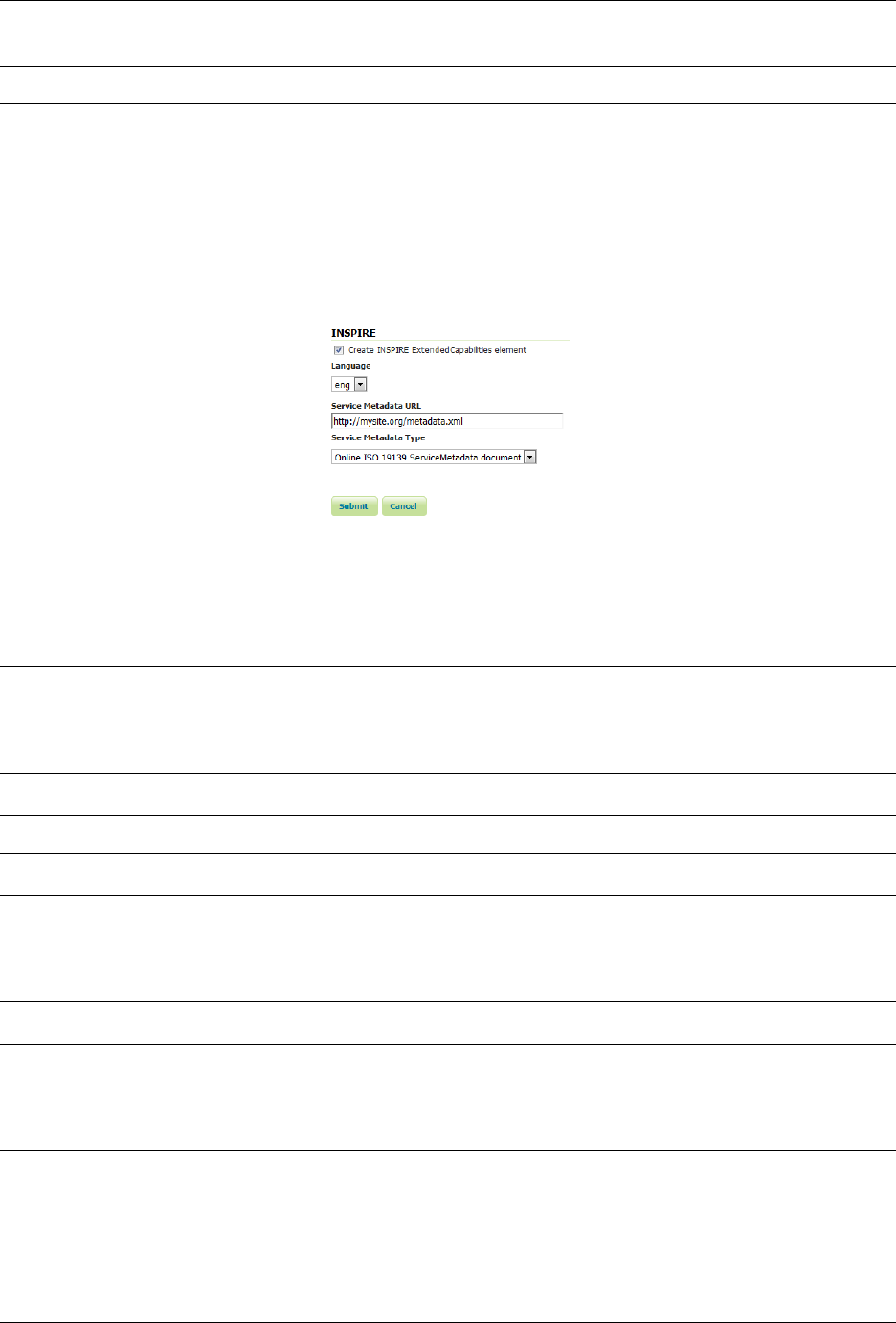
GeoServer User Manual, Release 2.15.1
Note: You must be logged in as an administrator to edit WMS or WMTS configuration.
Once on the service configuration page, there will be a block titled INSPIRE. If you enable the checkbox
shown above this section will have three additional settings:
•Language combo box, for setting the Supported, Default, and Response languages
•Service Metadata URL field, a URL containing the location of the metadata associated with the service
•Service Metadata Type combo box, for detailing whether the metadata came from a CSW (Catalog Ser-
vice) or a standalone metadata file
Fig. 15.24: INSPIRE-related options
After clicking Submit on this page, any changes will be immediately reflected in the services (WMS 1.3.0 or
WMTS 1.0.0) capabilities document.
Note: At the time of writing the INSPIRE Schemas only allow 23 choices for Language. The GeoServer
INSPIRE extension allows some other languages to be chosen. If you choose one of these your capabilities
document won’t be Schema valid but, as discussed in issue 7388, the INSPIRE Schemas seem to be at fault.
If you have some other language you want adding to the list then please raise the issue.
Note: The Service Metadata URL field is mandatory so you will not be allowed to submit a blank value.
Note: The Service Metadata Type combo box only allows to select the appropriate MIME type for a CSW
response or standalone metadata file or to omit a value altogether. If you think other values would be useful
you could raise the issue on the GeoServer mailing list. In the meantime it is possible to manually edit the
created configuration files as a workaround.
Note: Currently GeoServer does not offer the ability to configure alternate languages, as there is no way for
an administrator to configure multiple responses. There is an open issue on the GeoServer issue tracker that
we are hoping to secure funding for. If you are interested in implementing or funding this improvement,
please raise the issue on the GeoServer mailing list.
Extended WMS and WMTS Capabilities
1588 Chapter 15. Extensions
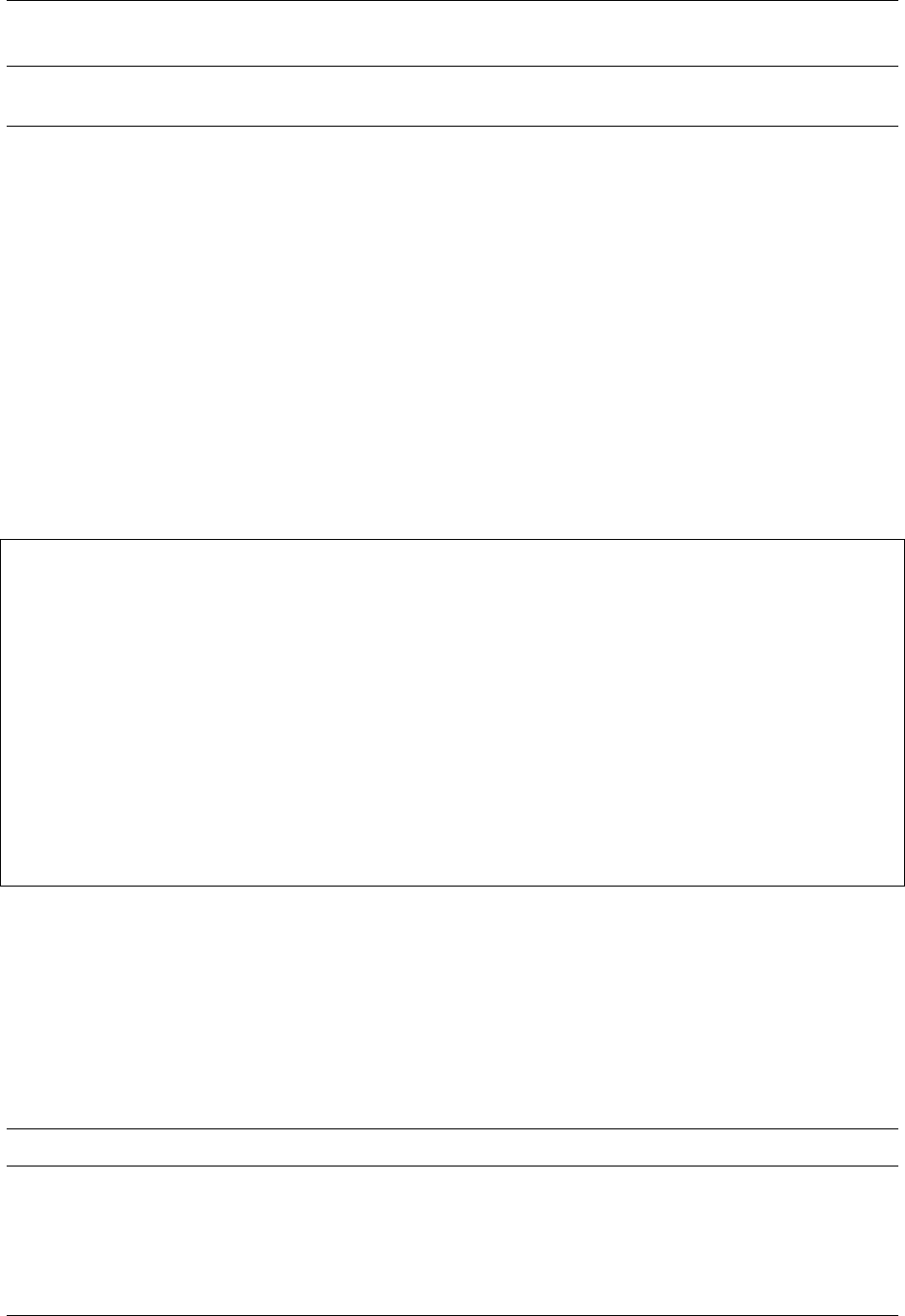
GeoServer User Manual, Release 2.15.1
Note: The INSPIRE extension only modifies the WMS 1.3.0 response, so please make sure that you are
viewing the correct capabilities document.
The WMS 1.3.0 and WMTS 1.0.0 capabilities document will contain two additional entries in the
xsi:schemaLocation of the root <WMS_Capabilities> tag once the INSPIRE extension is installed:
•http://inspire.ec.europa.eu/schemas/inspire_vs/1.0
•http://inspire.ec.europa.eu/schemas/inspire_vs/1.0/inspire_vs.xsd
If you have enabled the check box to create the INSPIRE ExtendedCapabilities element and entered the
values described in the previous section then there will also be an additional ExtendedCapabilities block.
This tag block shows up in between the tags for <Exception> and <Layer>. It contains the following
information:
• Metadata URL and MIME type
• Supported Language(s)
• Response Language
With the example values shown in the above configuration panel, this block would contain the following
content:
<inspire_vs:ExtendedCapabilities>
<inspire_common:MetadataUrl>
<inspire_common:URL>http://mysite.org/metadata.xml</inspire_common:URL>
<inspire_common:MediaType>
application/vnd.iso.19139+xml
</inspire_common:MediaType>
</inspire_common:MetadataUrl>
<inspire_common:SupportedLanguages>
<inspire_common:DefaultLanguage>
<inspire_common:Language>eng</inspire_common:Language>
</inspire_common:DefaultLanguage>
</inspire_common:SupportedLanguages>
<inspire_common:ResponseLanguage>
<inspire_common:Language>eng</inspire_common:Language>
</inspire_common:ResponseLanguage>
</inspire_vs:ExtendedCapabilities>
ISNPIRE recommends that every layer offered by a INSPIRE WMTS should use the InspireCRS84Quad grid
set which is already configured in GeoServer, but is up to the user to select it when publishing a INSPIRE
WMTS layer.
Extended WFS and WCS configuration
INSPIRE-specific configuration is accessed on the main WFS settings and WCS settings pages in the Web
administration interface. These are accessed by clicking on the WFS and WCS links on the sidebar respectively.
Note: You must be logged in as an administrator to edit WFS configuration.
Once on the WFS or WCS configuration page, there will be a block titled INSPIRE. If you enable the check-
box shown above this section will have the following additional settings:
•Language combo box, for setting the Supported, Default, and Response languages
15.7. INSPIRE 1589
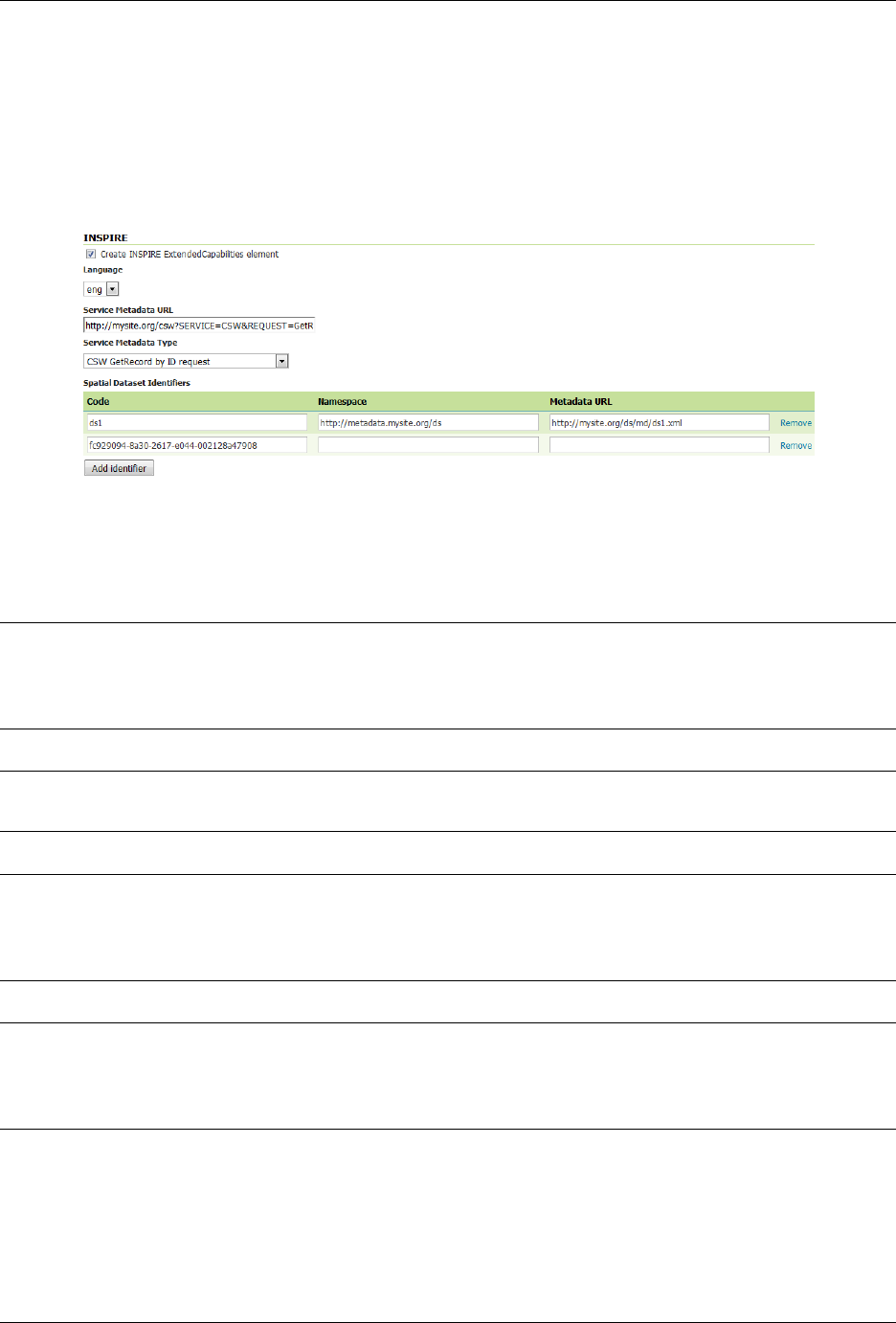
GeoServer User Manual, Release 2.15.1
•Service Metadata URL field, a URL containing the location of the metadata associated with the WFS or
WCS
•Service Metadata Type combo box, for detailing whether the metadata came from a CSW (Catalog Ser-
vice) or a standalone metadata file
•Spatial dataset identifers table, where you can specify a code (mandatory), a namespace (optional) and
a metadata URL (optional) for each spatial data set the WFS or WCS is offering
Fig. 15.25: INSPIRE-related options
After clicking Submit on this page, any changes will be immediately reflected in the WFS 1.1 and WFS 2.0
or WCS 2.0 capabilities documents as appropriate.
Note: At the time of writing the INSPIRE Schemas only allow 23 choices for Language. The GeoServer
INSPIRE extension allows some other languages to be chosen. If you choose one of these your capabilities
document won’t be Schema valid but, as discussed in issue 7388, the INSPIRE Schemas seem to be at fault.
If you have some other language you want adding to the list then please raise the issue.
Note: The Service Metadata URL field and at least one Spatial dataset identifers entry are mandatory so you
will not be allowed to submit the page without these.
Note: The Service Metadata Type combo box only allows to select the appropriate MIME type for a CSW
response or standalone metadata file or to omit a value altogether. If you think other values would be useful
you could raise the issue on the GeoServer mailing list. In the meantime it is possible to manually edit the
created configuration files as a workaround.
Note: Currently GeoServer does not offer the ability to configure alternate languages, as there is no way for
an administrator to configure multiple responses. There is an open issue on the GeoServer issue tracker that
we are hoping to secure funding for. If you are interested in implementing or funding this improvement,
please raise the issue on the GeoServer mailing list.
Extended WFS and WCS Capabilities
1590 Chapter 15. Extensions
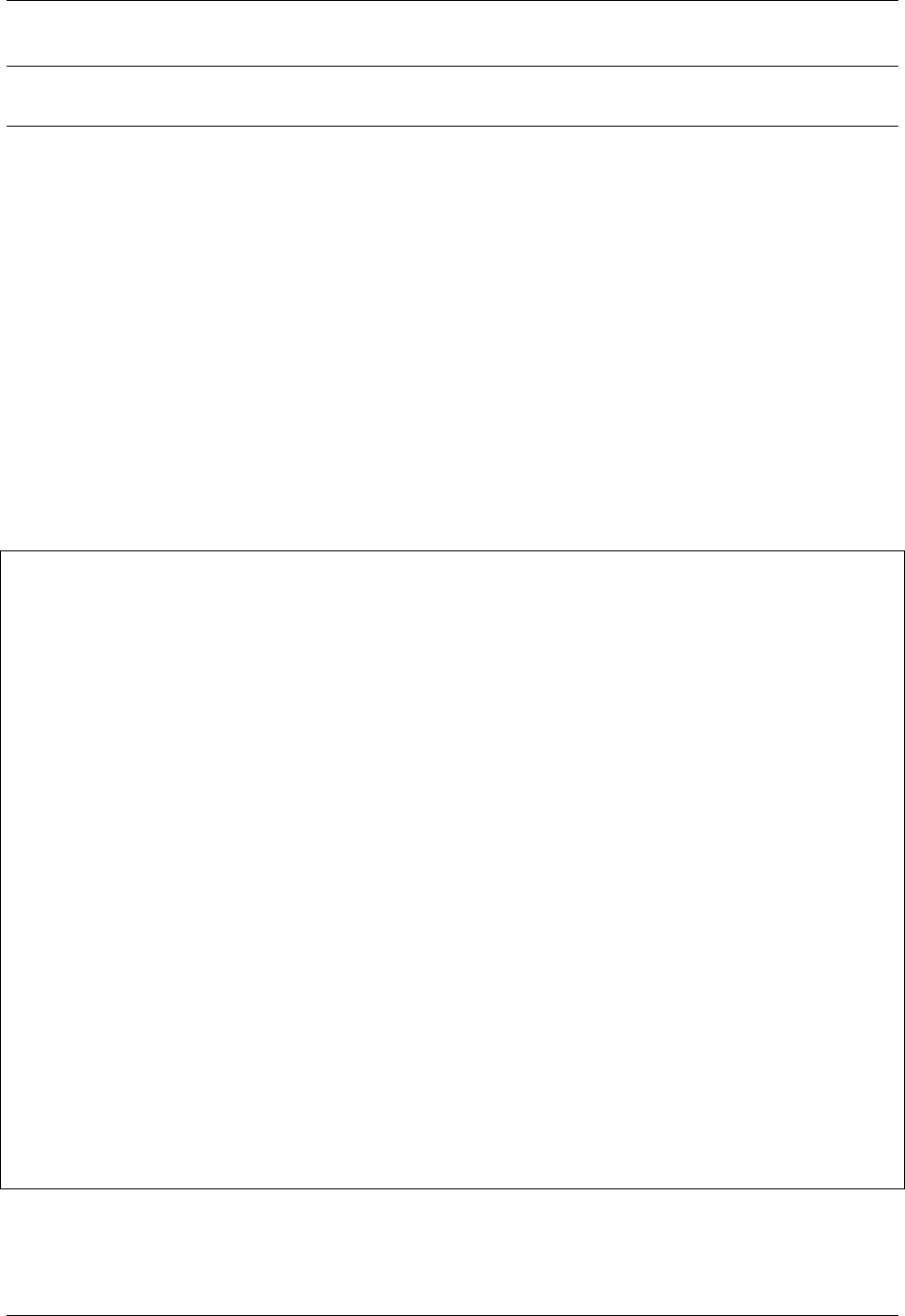
GeoServer User Manual, Release 2.15.1
Note: The INSPIRE directive is relevant to WFS 1.1 and 2.0 and WCS 2.0 only, so please make sure that
you are viewing the correct capabilities document.
The WFS and WCS capabilities documents will contain two additional entries in the
xsi:schemaLocation of the root element tag once the INSPIRE extension is installed:
•http://inspire.ec.europa.eu/schemas/common/1.0/common.xsd
•http://inspire.ec.europa.eu/schemas/inspire_dls/1.0/inspire_dls.xsd
If you have enabled the check box to create the INSPIRE ExtendedCapabilities element and entered the
values described in the previous section then there will also be an additional ExtendedCapabilities block
with the following information:
• Metadata URL and MIME type
• Supported Language(s)
• Response Language
• Spatial data identifier(s)
With the example values shown in the above configuration panel, this block would contain the following
content:
<inspire_dls:ExtendedCapabilities>
<inspire_common:MetadataUrl>
<inspire_common:URL>
http://mysite.org/csw?SERVICE=CSW&REQUEST=GetRecordById&ID=wfs2&
</inspire_common:URL>
<inspire_common:MediaType>
application/vnd.ogc.csw.GetRecordByIdResponse_xml
</inspire_common:MediaType>
</inspire_common:MetadataUrl>
<inspire_common:SupportedLanguages>
<inspire_common:DefaultLanguage>
<inspire_common:Language>eng</inspire_common:Language>
</inspire_common:DefaultLanguage>
</inspire_common:SupportedLanguages>
<inspire_common:ResponseLanguage>
<inspire_common:Language>eng</inspire_common:Language>
</inspire_common:ResponseLanguage>
<inspire_dls:SpatialDataSetIdentifier
metadataURL="http://mysite.org/ds/md/ds1.xml">
<inspire_common:Code>ds1</inspire_common:Code>
<inspire_common:Namespace>
http://metadata.mysite.org/ds
</inspire_common:Namespace>
</inspire_dls:SpatialDataSetIdentifier>
<inspire_dls:SpatialDataSetIdentifier>
<inspire_common:Code>
fc929094-8a30-2617-e044-002128a47908
</inspire_common:Code>
</inspire_dls:SpatialDataSetIdentifier>
</inspire_dls:ExtendedCapabilities>
The spatial data identifiers section is mandatory, but cannot be filled by default, it is your duty to pro-
vide at least one spatial dataset identifier (see the INSPIRE download service technical guidelines for more
information).
15.7. INSPIRE 1591
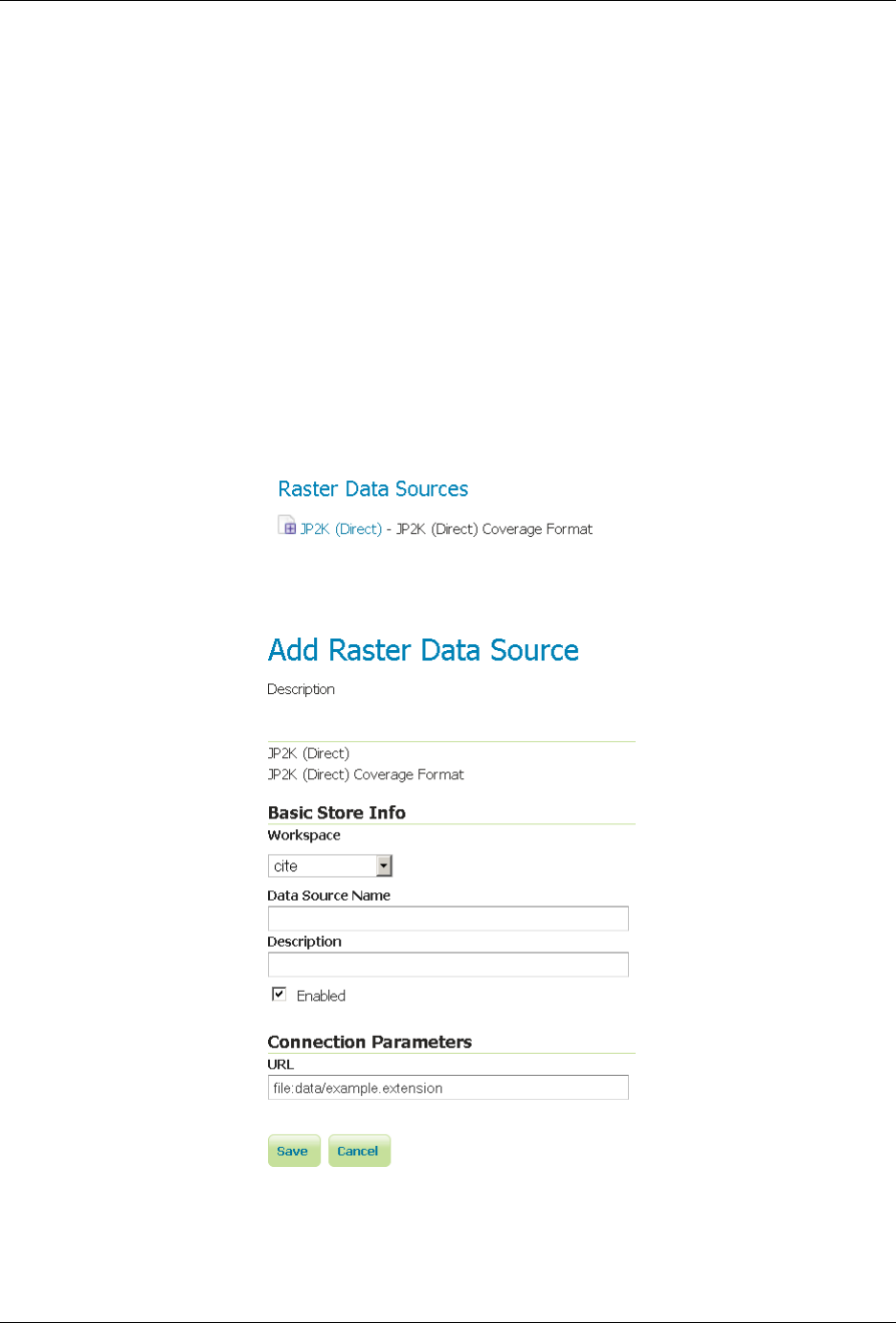
GeoServer User Manual, Release 2.15.1
15.8 JP2K Plugin
GeoServer can leverage the JP2K Geotools plugin to read JP2K coverage formats. In case you have a Kakadu
license and you have built your set of native libraries, you will be able to access the JP2K data with higher
performances leveraging on it. Otherwise you will use the standard SUN’s JP2K. See http://docs.geotools.
org/latest/userguide/library/coverage/jp2k.html for further information.
15.8.1 Installing Kakadu
In order for GeoServer to leverage on the Kakadu libraries, the Kakadu binaries must be installed through
your host system’s OS.
If you are on Windows, make sure that the Kakadu DLL files are on your PATH. If you are on Linux, be
sure to set the LD_LIBRARY_PATH environment variable to be the folder where the SOs are extracted.
Once these steps have been completed, restart GeoServer. If done correctly, new data formats will be in the
Raster Data Sources list when creating a new data store:
Fig. 15.26: Raster Data Source
Fig. 15.27: Configuring a JP2K data store
1592 Chapter 15. Extensions
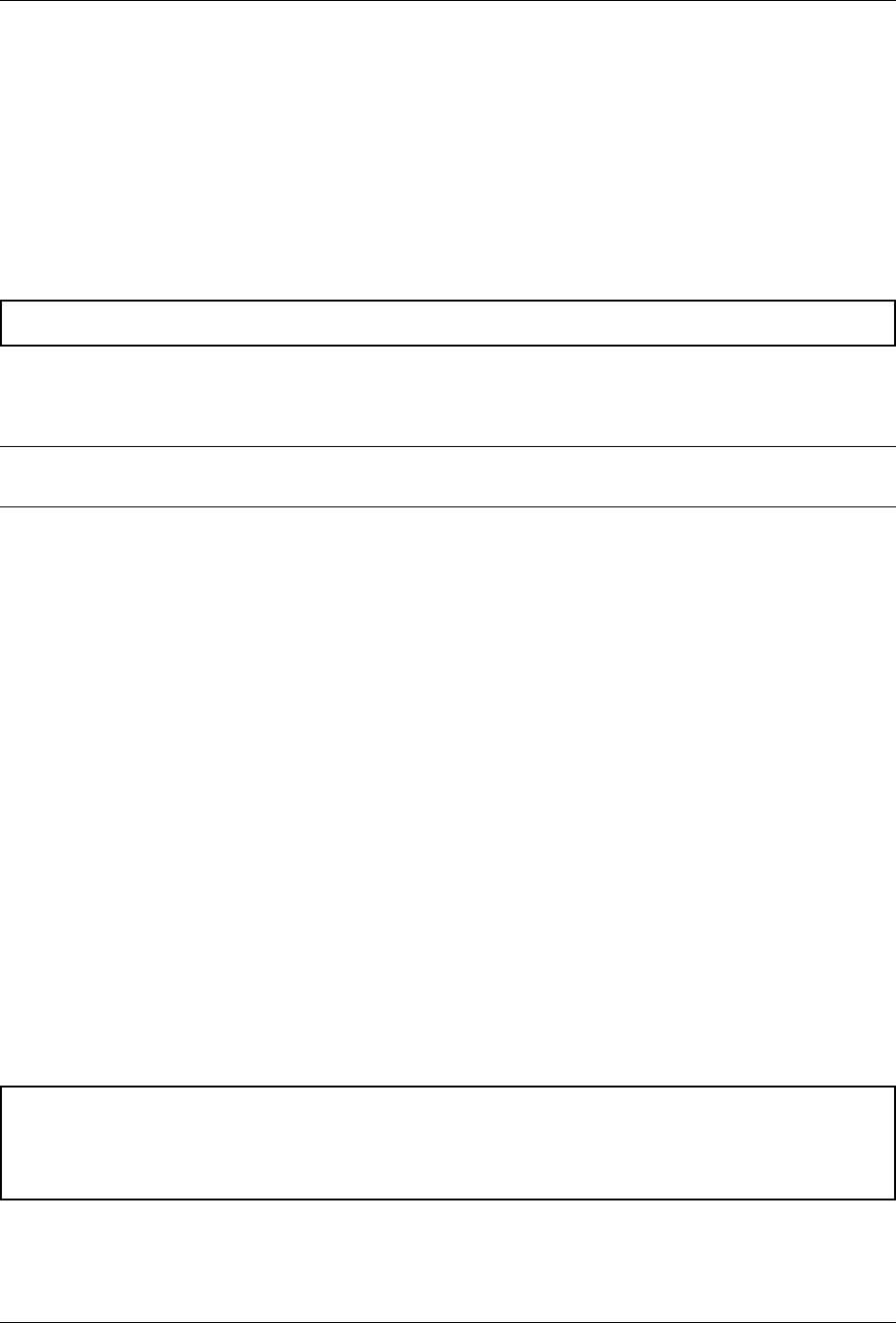
GeoServer User Manual, Release 2.15.1
15.9 libjpeg-turbo Map Encoder Extension
This plugin brings in the ability to encode JPEG images as WMS output using the libjpeg-turbo library. Cit-
ing its website the libjpeg-turbo library is a derivative of libjpeg that uses SIMD instructions (MMX, SSE2,
NEON) to accelerate baseline JPEG compression and decompression on x86, x86-64, and ARM systems.
On such systems, libjpeg-turbo is generally 2-4x as fast as the unmodified version of libjpeg, all else being
equal. I guess it is pretty clear why we wrote this plugin! Note that the underlying imageio-ext-turbojpeg
uses TurboJpeg which is a higher level set of API (providing more user-friendly methods like “Compress”)
built on top of libjpeg-turbo.
Warning: The speedup may vary depending on the target infrastructure.
The module, once installed, simply replace the standard JPEG encoder for GeoServer and allows us to use
the libjpeg-turbo library to encode JPEG response for GetMap requests.
Note: It is worth to point out that the module depends on a successful installation of the libjpeg-turbo
native libraries (more on this later).
15.9.1 Installing the libjpeg-turbo native library
Installing the libjpeg-turbo native library is a precondition to have the relative GeoServer Map Encoder
properly installed; once the GeoServer extension has been installed as we explain in the following section,
the needed JARs with the Java bridge to the library are in the classpath, therefore all we need to do is to
install the native library itself to start encoding JPEG at turbo speed.
To perform the installation of the libjpeg-turbo binaries (or native library) you have to perform the following
steps:
1. go to the download site here and download the latest available stable release (1.2.90 at the time of
writing)
2. select the package that matches the target platform in terms of Operating System (e.g. Linux rather
than Windows) and Architecture (32 vs 64 bits)
3. perform the installation using the target platform conventions. As an instance for Windows you
should be using an installer that installs all the needed libs in a location at user’s choice. On Ubuntu
Linux systems you can use the deb files insted.
4. Once the native libraries are installed, you have to make sure the GeoServer can load them. This
should happen automatically after Step 2 on Linux, while on Windows you should make sure that the
location where you placed the DLLs is part of the PATH environment variable for the Java Process for
the GeoServer.
Warning: When installing on Windows, always make sure that the location where you placed the DLLs
is part of the PATH environment variable for the Java Process for the GeoServer. This usually means
that you have to add such location to the PATH environmental variable for the user that is used to run
GeoServer or the system wide variables.
15.9. libjpeg-turbo Map Encoder Extension 1593
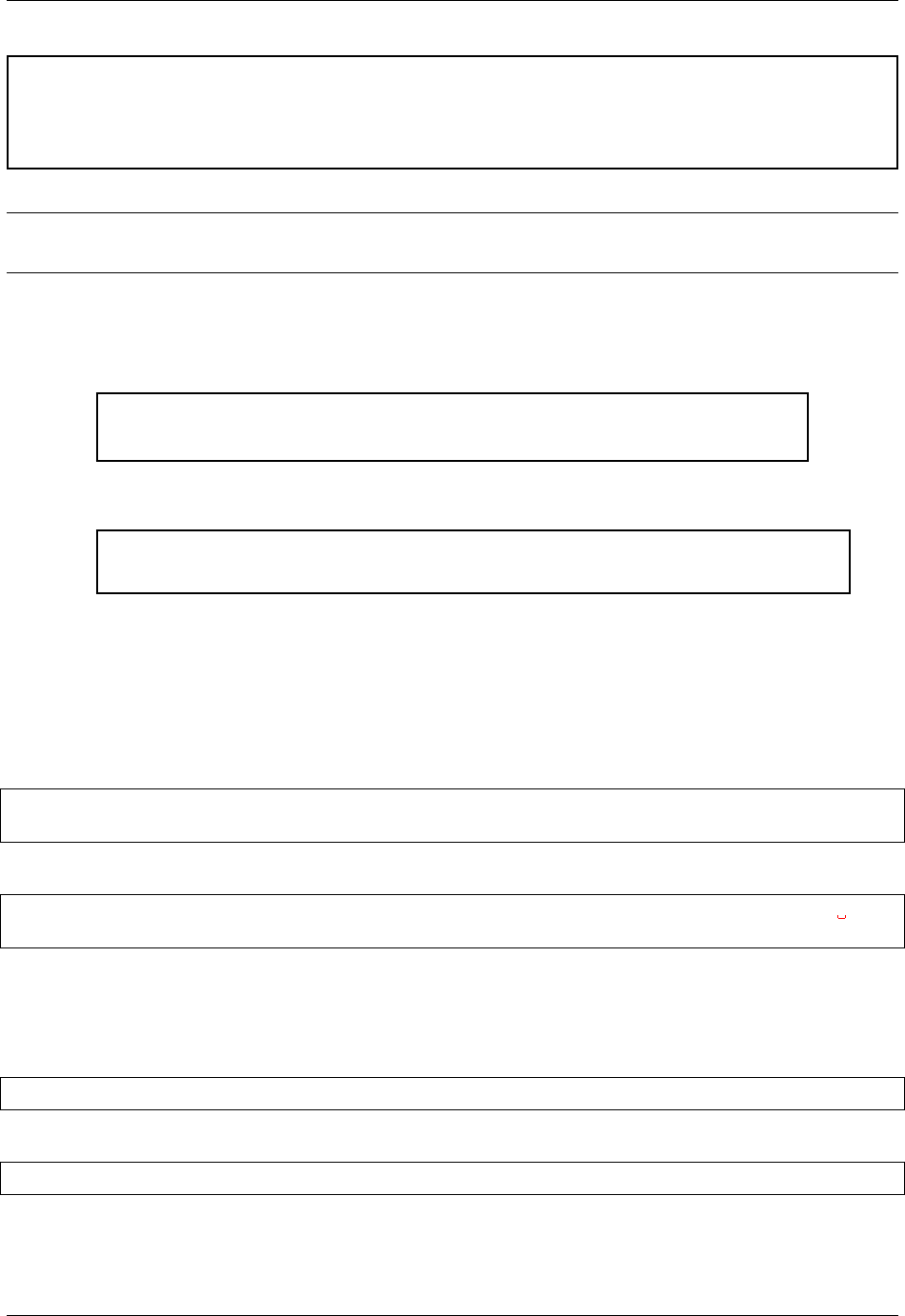
GeoServer User Manual, Release 2.15.1
Warning: When installing on Linux, make sure that the location where you placed the DLLs is part
of the LD_LIBRARY_PATH environment variable for the Java Process for the GeoServer. This usually
happens automatically for the various Linux packages, but in some cases you might be forced to do that
manually
Note: It does not hurt to add also the location where where the native libraries where installed to the Java
startup options -Djava.library.path=<absolute_and_valid_path>
15.9.2 Installing the GeoServer libjpeg-turbo extension
Warning: Before moving on make sure you installed the libjpeg-turbo binaries as
per the section above.
1. Download the extension from the nightly GeoServer extensions builds.
Warning: Make sure to match the version of the extension to the version of the
GeoServer instance!
2. Extract the contents of the archive into the WEB-INF/lib directory of the GeoServer in-
stallation.
15.9.3 Checking if the extension is enabled
Once the extension is installed, the following lines should appear in the GeoServer log:
10-mar-2013 19.16.28 it.geosolutions.imageio.plugins.turbojpeg.TurboJpegUtilities load
INFO: TurboJPEG library loaded (turbojpeg)
or:
10 mar 19:17:12 WARN [turbojpeg.TurboJPEGMapResponse] -The turbo jpeg encoder is
,→available for usage
15.9.4 Disabling the extension
When running GeoServer the turb encoder can be disabled by using the Java switch for the JVM process:
-Ddisable.turbojpeg=true
In this case a message like the following should be found in the log:
WARN [map.turbojpeg] -The turbo jpeg encoder has been explicitly disabled
1594 Chapter 15. Extensions
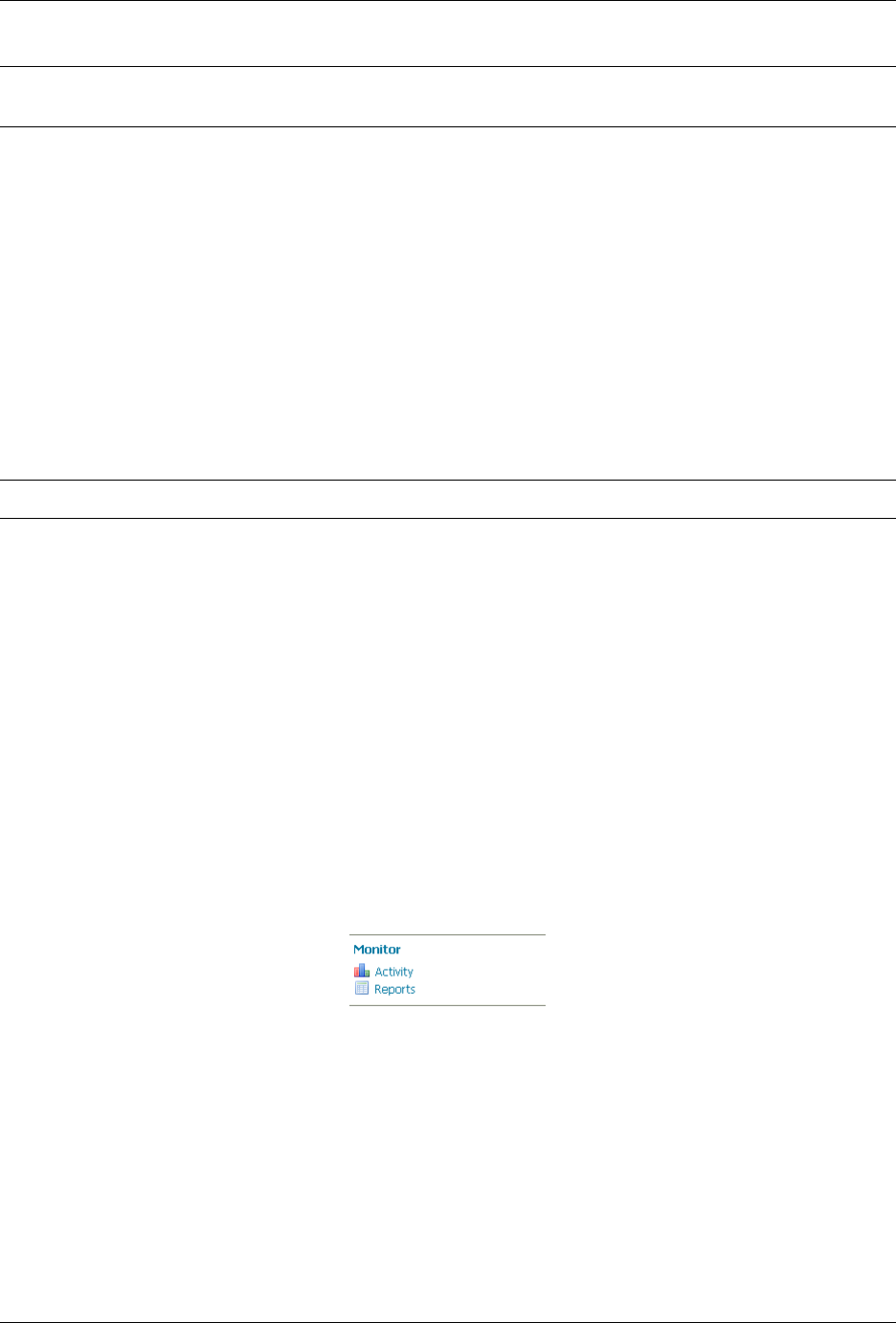
GeoServer User Manual, Release 2.15.1
Note: We will soon add a section in the GUI to check the status of the extension and to allow users to
enable/disable it at runtime.
15.10 Monitoring
The monitor extension tracks requests made against a GeoServer instance. With the extension request data
can be persisted to a database, used to generate simple reports , and routed to a customized request audit
log.
To get the extension proceed to Installing the Monitor Extension. To learn more about how it works jump to
the Monitoring Overview section.
15.10.1 Installing the Monitor Extension
Note: If performing an upgrade of the monitor extension please see Upgrading.
The monitor extension is not part of the GeoServer core and must be installed as a plug-in. To install:
1. Navigate to the GeoServer download page.
2. Find the page that matches the version of the running GeoServer.
3. Download the monitor extension. The download link will be in the Extensions section under Other.
4. Extract the files in this archive to the WEB-INF/lib directory of your GeoServer installation.
5. Restart GeoServer
Verifying the Installation
There are two ways to verify that the monitoring extension has been properly installed.
1. Start GeoServer and open the Web administration interface. Log in using the administration account. If
successfully installed, there will be a Monitor section on the left column of the home page.
Fig. 15.28: Monitoring section in the web admin interface
1. Start GeoServer and navigate to the current GeoServer data directory. If successfully installed, a new
directory named monitoring will be created in the data directory.
15.10. Monitoring 1595
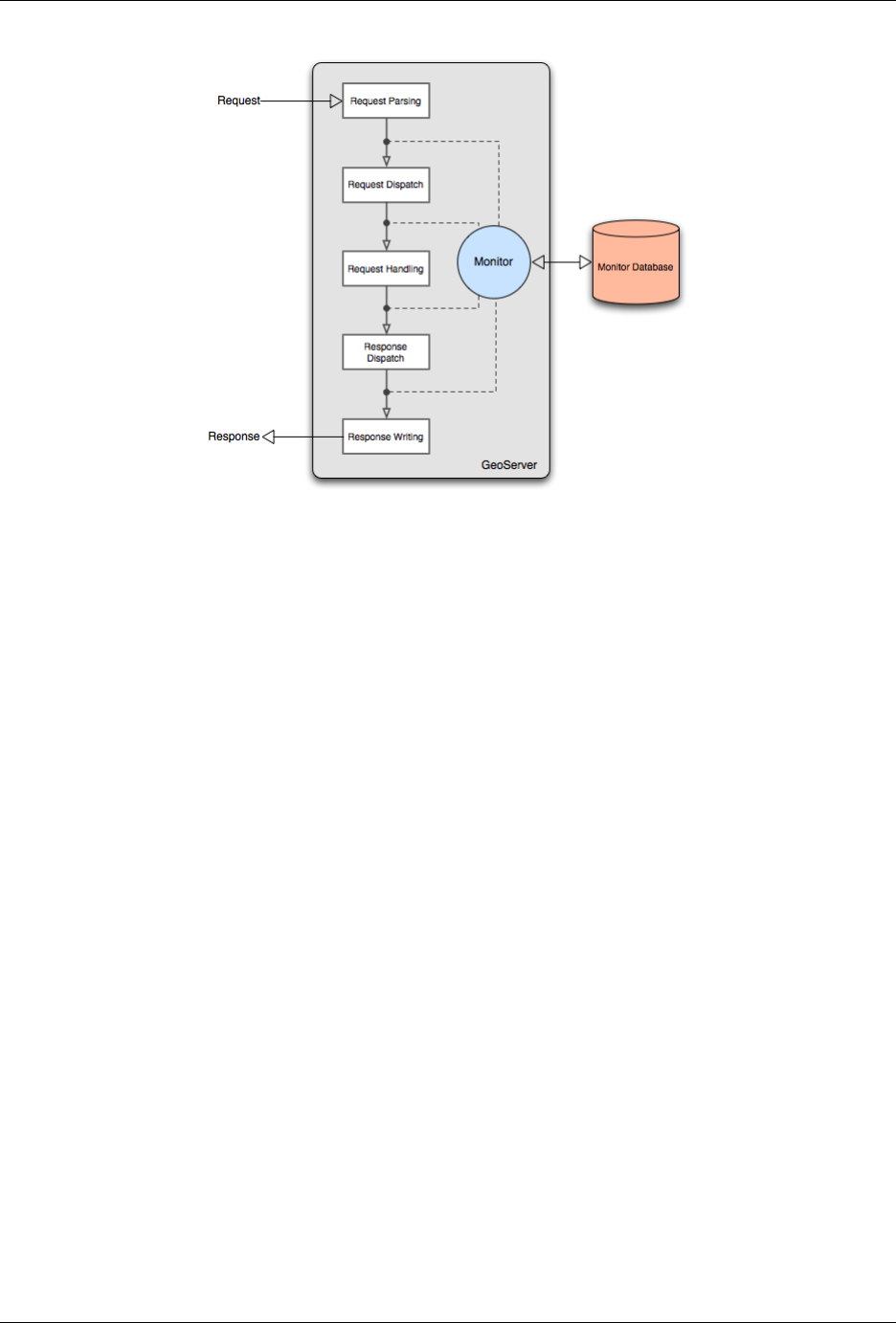
GeoServer User Manual, Release 2.15.1
Fig. 15.29: Monitor extension architecture
15.10.2 Monitoring Overview
The following diagram outlines the architecture of the monitor extension:
As a request is processed the monitor inserts itself at particular points in the request life cycle to capture
various information about the request. Such information includes:
• Timestamp of the origin of the request
• Total time it took for the request to complete
• Origin of the request
• HTTP information such as the body content type, header information, etc. . .
And more. See the Data Reference section for a complete list.
In addition to capturing request data the monitor extension is also capable of persisting it. Two options are
provided out of the box:
• Persisting to a relational database, see Database Persistence for more details
• Piping to a log file, see Audit Logging for more details
By default the extension will do neither and simply maintain data for only the most recent requests. The
data is stored in memory meaning that if the server is restarted or shutdown this information is lost.The
Monitor Configuration section provides a comprehensive guide to configuring the monitor extension.
Stored request information is made available through a simple query api that allows clients to access request
data through a HTTP interface.
15.10.3 Data Reference
The following is a list of all the attributes of a request that are captured by the monitor extension.
1596 Chapter 15. Extensions
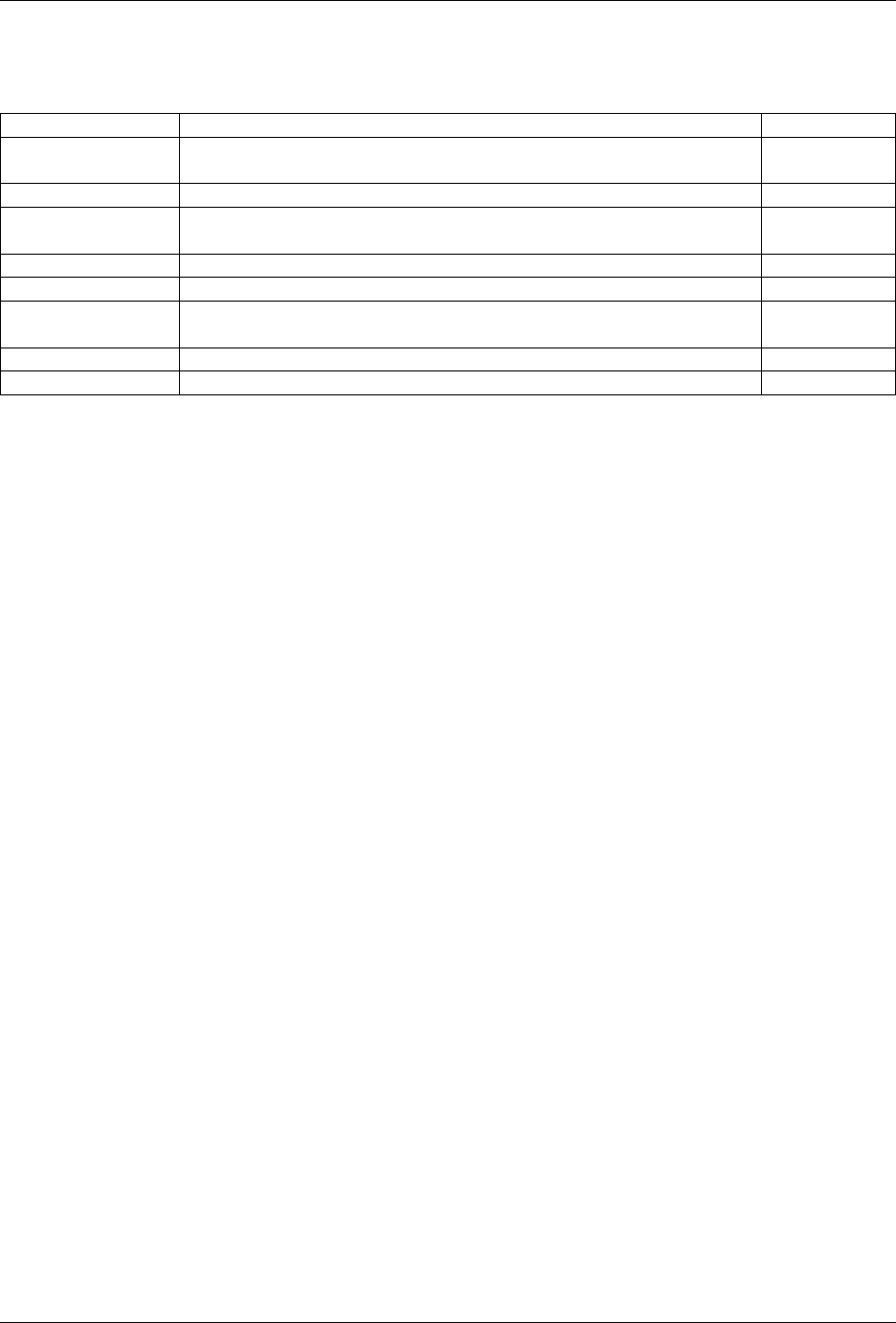
GeoServer User Manual, Release 2.15.1
General
Attribute Description Type
ID Numeric identifier of the request. Every request is assigned an
identifier upon its creation.
Numeric
Status Status of the request. See notes below. String
Category The type of request being made, for example an OGC service re-
quest, a REST call, etc. . . See notes below.
String
Start time The time of the start of the request. Timestamp
End time The time of the completion of the request. Timestamp
Total time The total time spent handling the request, measured in millisec-
onds, equal to the end time - start time.
Numeric
Error message The exception message if the request failed or resulted in an error. String
Error The raw exception if the message failed or resulted in an error. Text blob
Status
The status of a request changes over it’s life cycle and may have one of the following values:
•WAITING - The request has been received by the server, but is queued and not yet being actively
handled.
•RUNNING - The request is in the process of being handled by the server.
•FINISHED - The request has been completed and finished normally.
•FAILED - The request has been completed but resulted in an error.
•CANCELLED - The request was cancelled before it could complete.
•INTERRUPTED - The request was interrupted before it could complete.
Category
Requests are grouped into categories that describe the nature or type of the request. The following are the
list of all categories:
•OWS - The request is an OGC service request.
•REST - The request is a REST service request.
•OTHER - All other requests.
HTTP
The following attributes are all HTTP related.
15.10. Monitoring 1597
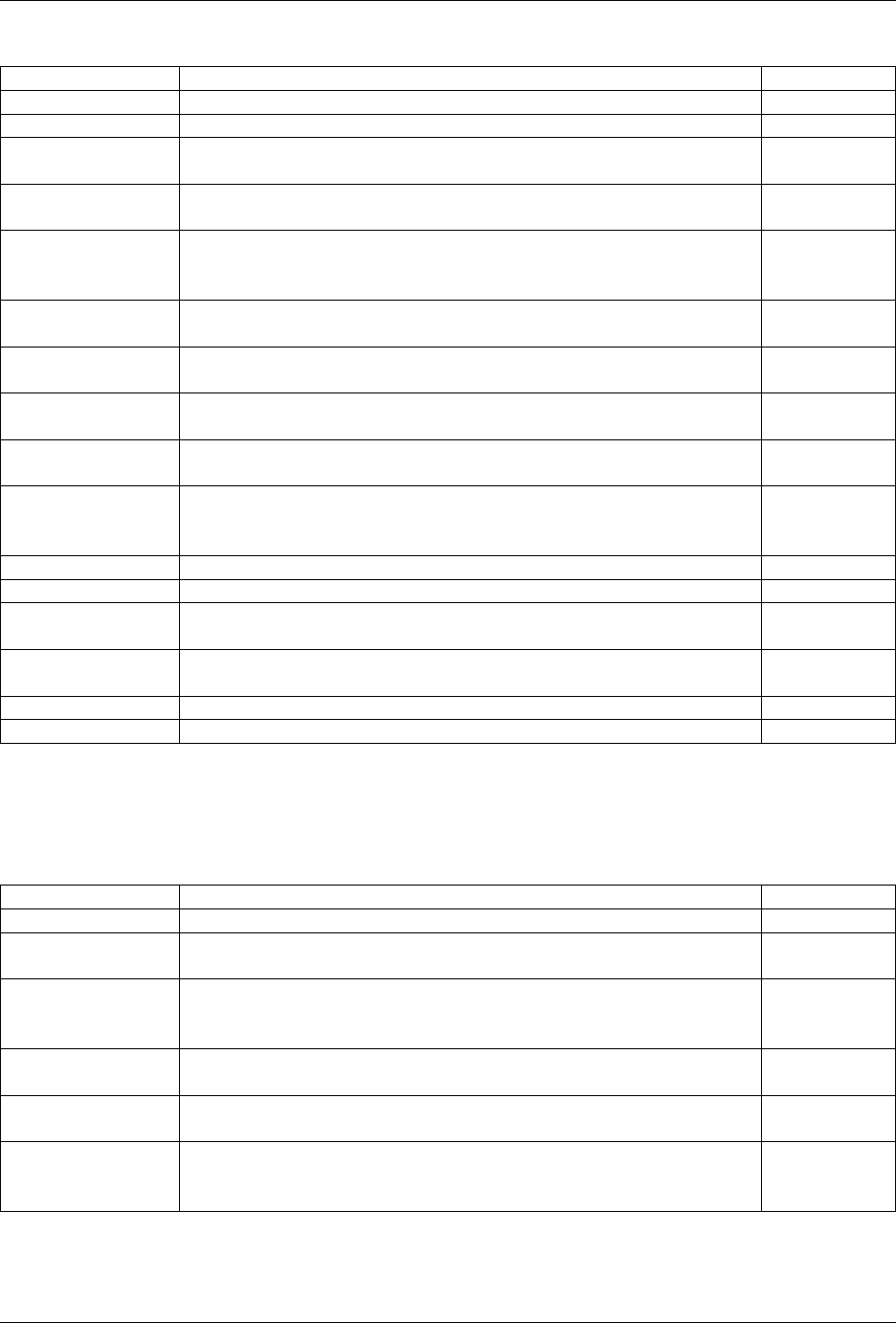
GeoServer User Manual, Release 2.15.1
Attribute Description Type
HTTP method The HTTP method, one of GET,POST,PUT, or DELETE String
Remote address The IP address of the client from which the request originated. String
Remote host The hostname corresponding to the remote address, obtained via
reverse DNS lookup.
String
Host The hostname of the server handling the request, from the point of
view of the client.
String
Internal host The hostname of the server handling request, from the point of
view of the local network. Availability depends on host and net-
work configuration.
String
Path The path component of the request URL, for example: “/wms”,
“/rest/workspaces.xml”, etc. . .
String
Query string The query string component of the request URL. Typically only
present when the HTTP method is GET.
String
Body The body content of the request. Typically only present when the
HTTP method is PUT or POST.
Binary blob
Body content
length
The total number of bytes comprising the body of the request. Typ-
ically only present when the HTTP method is PUT or POST.
Numeric
Body content type The mime type of the body content of the request, for example:
“application/json”, “text/xml; subtype=gml/3.2”, etc. . . Typically
only present when the HTTP method is PUT or POST.
String
Response status The HTTP response code, for example: 200, 401, etc. . . Numeric
Response length The total number of bytes comprising the response to the request. Numeric
Response content
type
The mime type of the response to the request. String
Remote user The username specified parsed of the request. Only available when
request included credentials for authentication.
String
Remote user agent The value of the User-Agent HTTP header. String
Http referrer The value of the Referer HTTP header. String
OWS/OGC
The following attributes are OGC service specific.
Attribute Description Type
Service The OGC service identifier, for example: “WMS”, “WFS”, etc. . . String
Operation The OGC operation name, for example: “GetMap”, “GetFeature”,
etc. . .
String
Sub operation The ogc sub operation (if it applies). For instance when the opera-
tion is a WFS Transaction the sub operation may be one of “Insert”,
“Update”, etc. . .
String
OWS/OGC Ver-
sion
The OGC service version, for example with WFS the version may
be “1.0.0”, “1.1.0”, etc. . .
String
Resources Names of resources (layers, processes, etc. . . ) specified as part of
the request.
List of String
Bounding box The bounding box specified as part of the request. In some cases
this is not possible to obtain this reliable, an example being a com-
plex WFS query with a nested “BBOX” filter.
List of Nu-
meric
1598 Chapter 15. Extensions
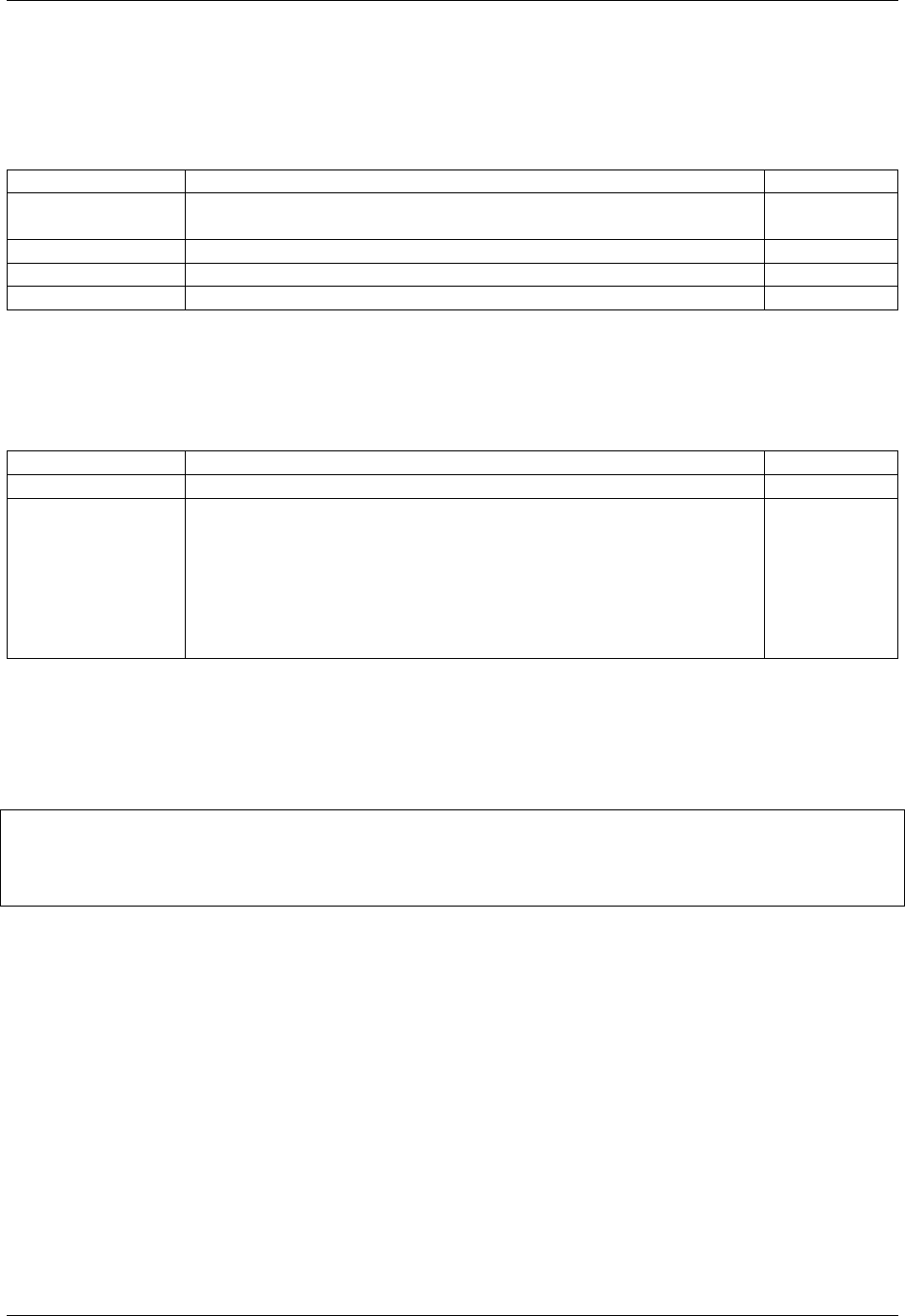
GeoServer User Manual, Release 2.15.1
GeoIP
The following attributes are specific to GeoIP look ups and are not captured out of the box. See GeoIP for
more details.
Attribute Description Type
Remote country Name of the country of the client from which the request origi-
nated.
String
Remote city Name of the city from which the request originated. String
Remote lat The latitude from which the request originated. Numeric
Remote lon The longitude from which the request originated. Numeric
GWC
The following attributes are specific to tile cached requests.
Attribute Description Type
CacheResult “HIT” or “MISS” (can be empty if GWC was not involved) String
MissReason A description of why the cache was not used. Available only on
requests hitting a cached layer on direct WMS integration, applies
to cases where the request was not forwarded to GWC, for exam-
ple “no parameter filter exists for FEATUREID”, “request does not
align to grid(s) “EPSG:4326” or “not a tile layer”. Will be missing
for any request not hitting the direct integration (e.g., direct WMTS
requests, for example)
String
15.10.4 Monitor Configuration
Many aspects of the monitor extension are configurable. All configuration files are stored in the data direc-
tory under the monitoring directory:
<data_directory>
monitoring/
filter.properties
monitor.properties
The monitor.properties file is the main configuration file whose contents are described in the following
sections. The filter.properties allows for filtering out those requests from being monitored.
Database persistence with hibernate is described in more detail in the Database Persistence section.
Monitor Storage
How request data is persisted is configurable via the storage property defined in the monitor.
properties file. The following values are supported for the storage property:
•memory - Request data is to be persisted in memory alone.
The default value is memory.
The “monitor hibernate” community module allows to also store the requests in a relational database.
15.10. Monitoring 1599

GeoServer User Manual, Release 2.15.1
Memory Storage
With memory storage only the most recent 100 requests are stored. And by definition this storage is volatile
in that if the GeoServer instance is restarted, shutdown, or crashes this data is lost.
Monitor Mode
The monitor extension supports different “monitoring modes” that control how request data is captured.
Currently two modes are supported:
•history (Default) - Request information updated post request only. No live information made avail-
able.
•live - Information about a request is captured and updated in real time.
The monitor mode is set with the mode property in the monitor.properties file. The default value is
history.
History Mode
History mode persists information (sending it to storage) about a request after a request has completed.
This mode is appropriate in cases where a user is most interested in analyzing request data after the fact
and doesn’t require real time updates.
Live Mode
Live mode updates request data (sending it to storage) in real time as it changes. This mode is suitable for
users who care about what a service is doing now.
Bounding Box
When applicable one of the attributes the monitor extension can capture is the request bounding box. In
some cases, such as WMS and WCS requests, capturing the bounding box is easy. However in other cases
such as WFS it is not always possible to 100% reliably capture the bounding box. An example being a WFS
request with a complex filter element.
How the bounding box is captured is controlled by the bboxMode property in the monitor.properties
file. It can have one of the following values.
•none - No bounding box information is captured.
•full - Bounding box information is captured and heuristics are applied for WFS requests.
•no_wfs - Bounding box information is captured except for WFS requests.
Part of a bounding box is a coordinate reference system (crs).Similar to the WFS case it is not always straight
forward to determine what the crs is. For this reason the bboxCrs property is used to configure a default
crs to be used. The default value for the property is “EPSG:4326” and will be used in cases where all lookup
heuristics fail to determine a crs for the bounding box.
1600 Chapter 15. Extensions
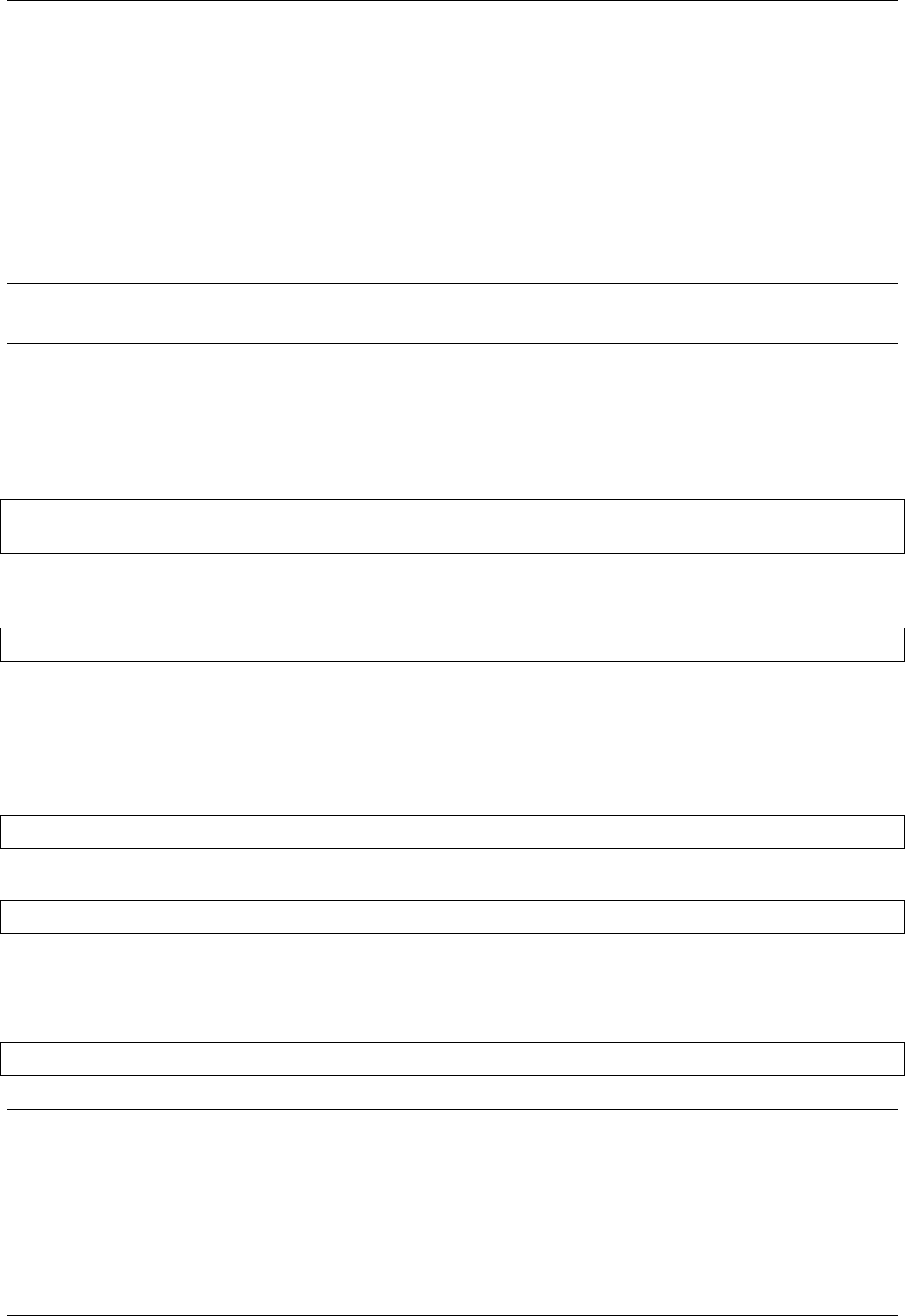
GeoServer User Manual, Release 2.15.1
Request Body Size
The monitor extension will capture the contents of the request body when a body is specified as is common
with a PUT or POST request. However since a request body can be large the extension limits the amount
captured to the first 1024 bytes by default.
A value of 0indicates that no data from the request body should be captured. A value of -1 indicates that
no limit should be placed on the capture and the entire body content should be stored.
This limit is configurable with the maxBodySize property of the monitor.properties file.
Note: When using database persistence it is important to ensure that the size of the body field in the
database can accommodate the maxBodySize property.
Request Filters
By default not all requests are monitored. Those requests excluded include any web admin requests or any
Monitor Query API requests. These exclusions are configured in the filter.properties file:
/rest/monitor/**
/web/**
These default filters can be changed or extended to filter more types of requests. For example to filter out
all WFS requests the following entry is added:
/wfs
How to determine the filter path
The contents of filter.properties are a series of ant-style patterns that are applied to the path of the
request. Consider the following request:
http://localhost:8080/geoserver/wms?request=getcapabilities
The path of the above request is /wms. In the following request:
http://localhost:8080/geoserver/rest/workspaces/topp/datastores.xml
The path is /rest/workspaces/topp/datastores.xml.
In general, the path used in filters is comprised of the portion of the URL after /geoserver (including the
preceding /) and before the query string ?:
http://<host>:<port>/geoserver/<path>?<queryString>
Note: For more information about ant-style pattern matching, see the Apache Ant manual.
15.10. Monitoring 1601
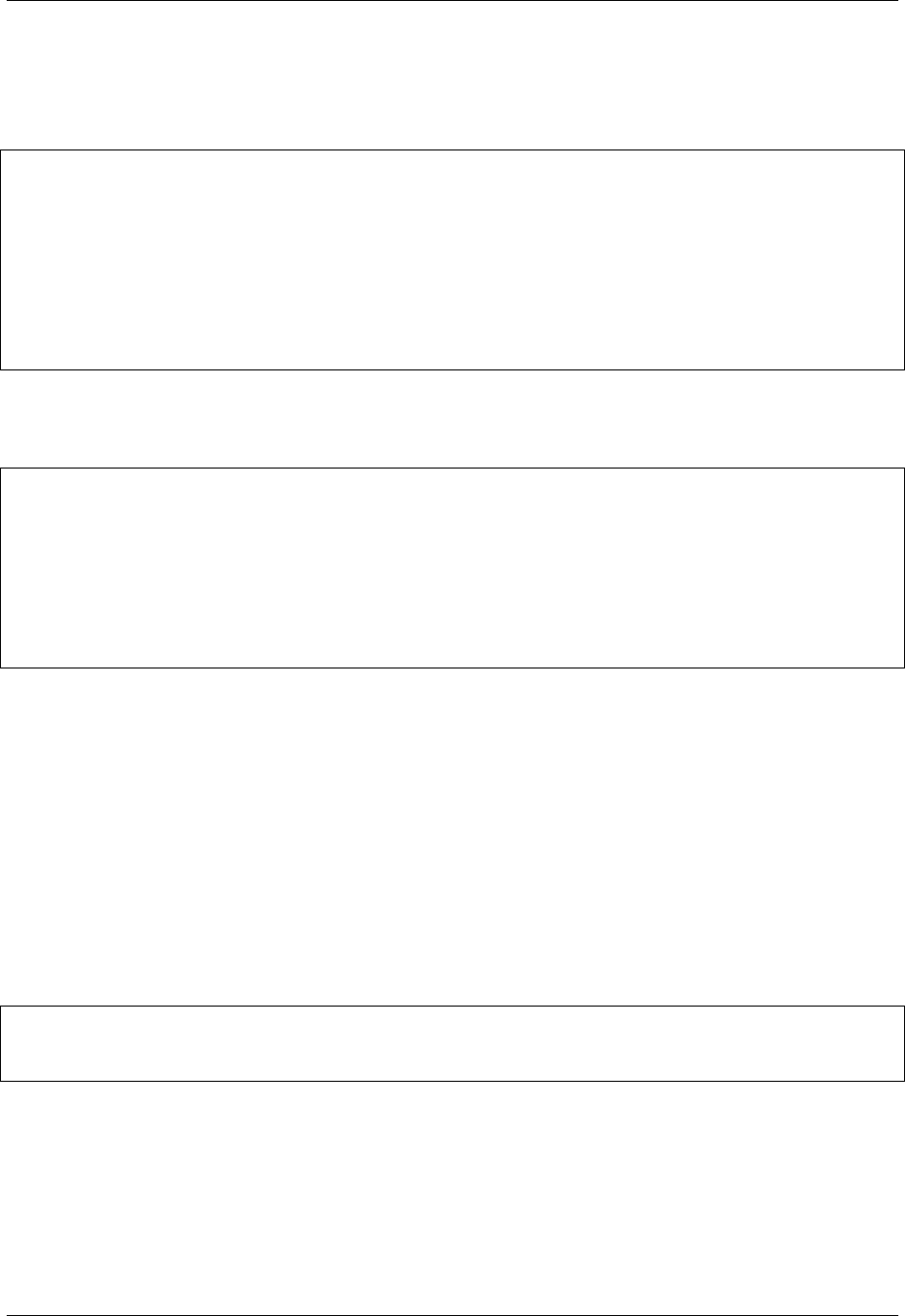
GeoServer User Manual, Release 2.15.1
Samples
monitor.properties
# storage and mode
storage=memory
mode=history
# request body capture
maxBodySize=1024
# bounding box capture
bboxMode=no_wfs
bboxCrs=EPSG:4326
filter.properties
# filter out monitor query api requests
/rest/monitor/**
# filter out all web requests
/web
/web/**
# filter out requests for WCS service
/wcs
15.10.5 Audit Logging
The history mode logs all requests into a database. This can put a very significant strain on the database
and can lead to insertion issues as the request table begins to host millions of records.
As an alternative to the history mode it’s possible to enable the auditing logger, which will log the details
of each request in a file, which is periodically rolled. Secondary applications can then process these log files
and built ad-hoc summaries off line.
Configuration
The monitor.properties file can contain the following items to enable and configure file auditing:
audit.enabled=true
audit.path=/path/to/the/logs/directory
audit.roll_limit=20
The audit.enable is used to turn on the logger (it is off by default). The audit.path is the directory
where the log files will be created. The audit.roll_limit is the number of requests logged into a file
before rolling happens. The files are also automatically rolled at the beginning of each day.
In clustered installations with a shared data directory the audit path will need to be different for each node.
In this case it’s possible to specify the audit path by using a JVM system variable, add the following to the
JVM startup options and it will override whatever is specified in monitor.properties:
-DGEOSERVER_AUDIT_PATH=/path/to/the/logs/directory
1602 Chapter 15. Extensions
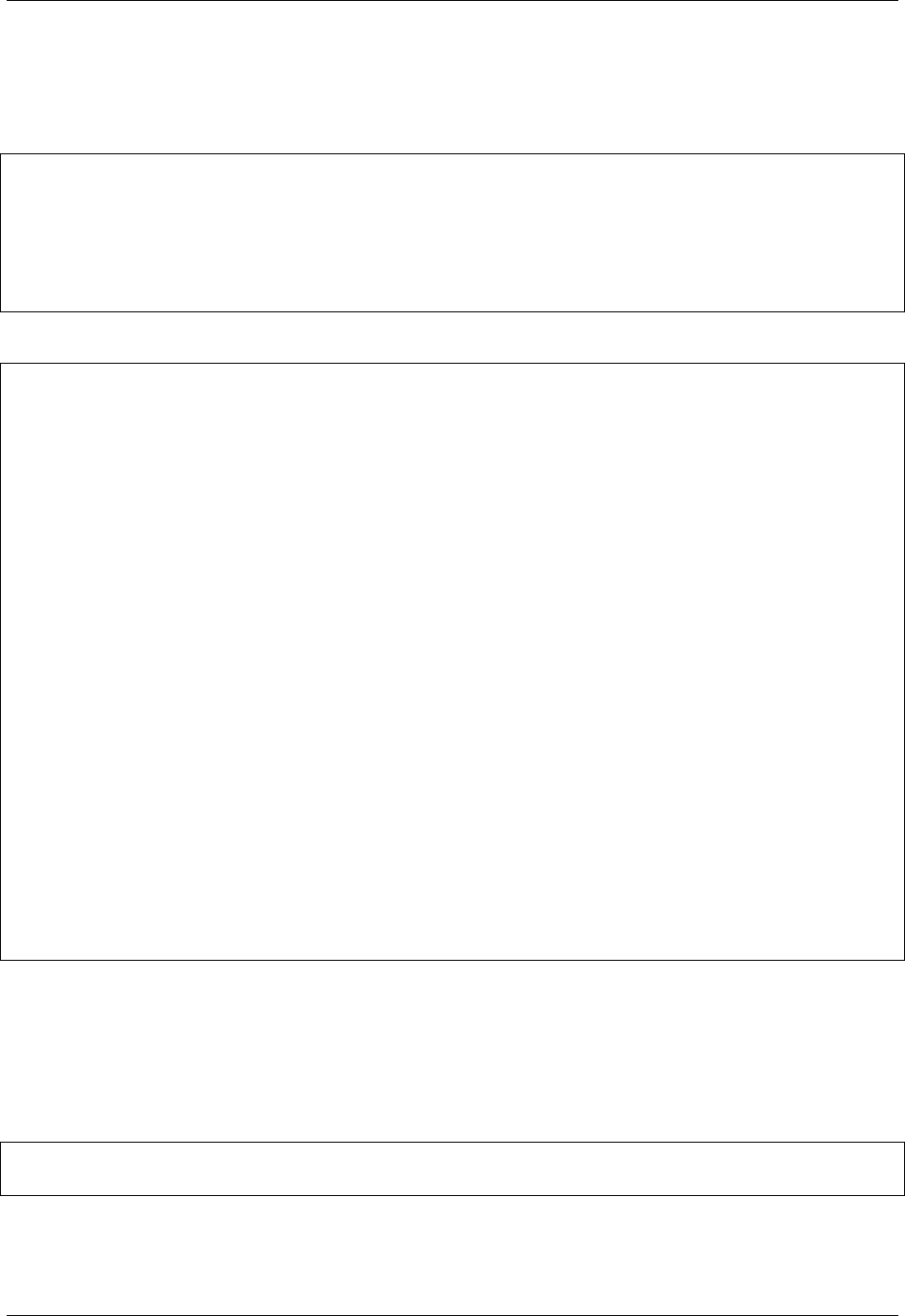
GeoServer User Manual, Release 2.15.1
Log Files
The log directory will contain a number of log files following the geoserver_audit_yyyymmdd_nn.log
pattern. The nn is increased at each roll of the file. The contents of the log directory will look like:
geoserver_audit_20110811_2.log
geoserver_audit_20110811_3.log
geoserver_audit_20110811_4.log
geoserver_audit_20110811_5.log
geoserver_audit_20110811_6.log
geoserver_audit_20110811_7.log
geoserver_audit_20110811_8.log
By default each log file contents will be a xml document looking like the following:
<?xml version="1.0" encoding="UTF-8" ?>
<Requests>
<Request id="168">
<Service>WMS</Service>
<Version>1.1.1</Version>
<Operation>GetMap</Operation>
<SubOperation></SubOperation>
<Resources>GeoSolutions:elba-deparea</Resources>
<Path>/GeoSolutions/wms</Path>
<QueryString>LAYERS=GeoSolutions:elba-deparea&STYLES=&FORMAT=image/
,→png&TILED=true&TILESORIGIN=9.916,42.312&SERVICE=WMS&VERSION=1.1.1&
,→amp;REQUEST=GetMap&EXCEPTIONS=application/vnd.ogc.se_inimage&SRS=EPSG:4326&
,→amp;BBOX=9.58375,42.64425,9.916,42.9765&WIDTH=256&HEIGHT=256</QueryString>
<HttpMethod>GET</HttpMethod>
<StartTime>2011-08-11T20:19:28.277Z</StartTime>
<EndTime>2011-08-11T20:19:28.29Z</EndTime>
<TotalTime>13</TotalTime>
<RemoteAddr>192.168.1.5</RemoteAddr>
<RemoteHost>192.168.1.5</RemoteHost>
<Host>demo1.geo-solutions.it</Host>
<RemoteUser>admin</RemoteUser>
<ResponseStatus>200</ResponseStatus>
<ResponseLength>1670</ResponseLength>
<ResponseContentType>image/png</ResponseContentType>
<Failed>false</Failed>
</Request>
...
</Requests>
Customizing Log Contents
The log contents are driven by three FreeMarker templates.
header.ftl is used once when a new log file is created to form the first few lines of the file. The default
header template is:
<?xml version="1.0" encoding="UTF-8" ?>
<Requests>
content.ftl is used to write out the request details. The default template dumps all the known fields
about the request:
15.10. Monitoring 1603
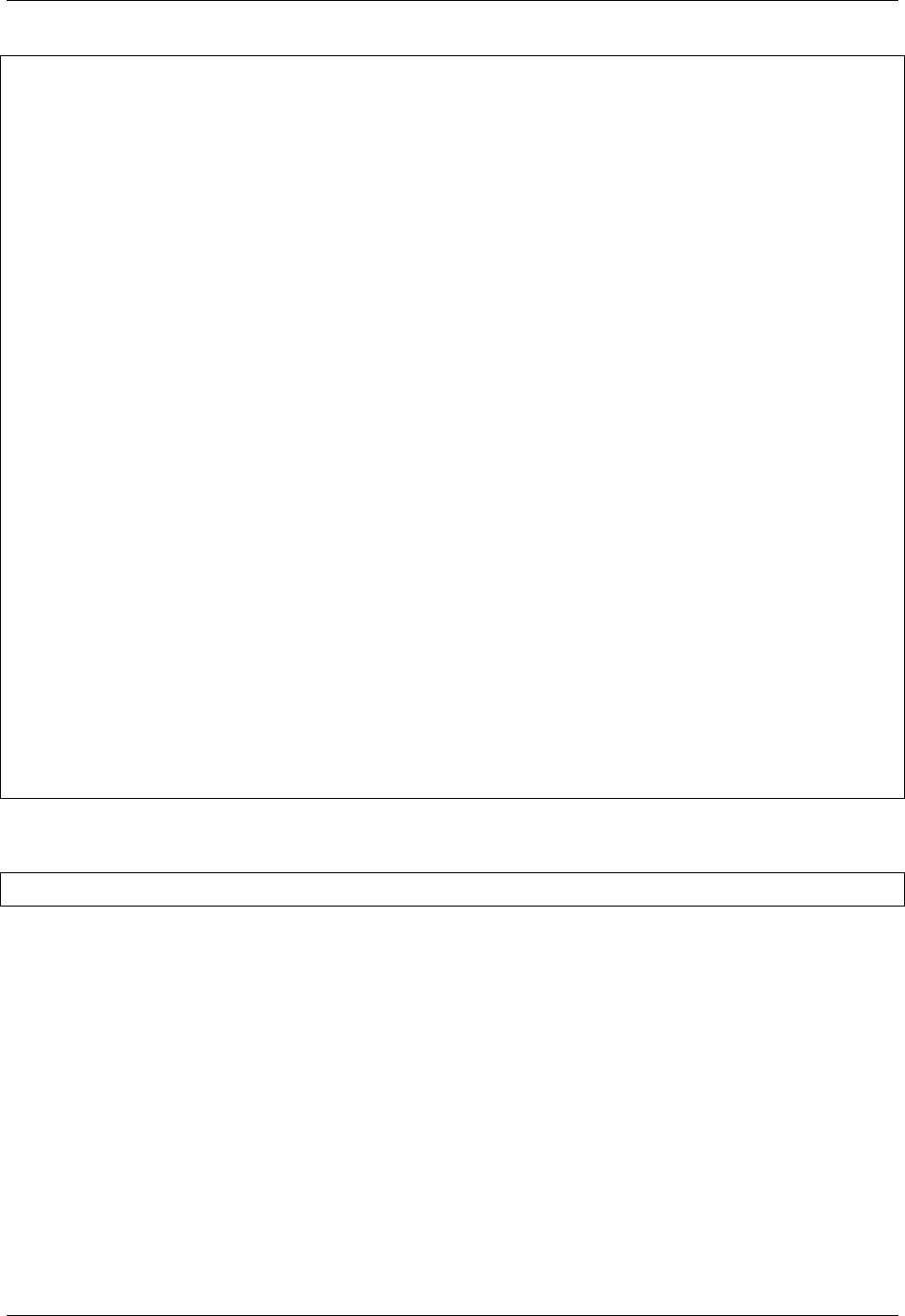
GeoServer User Manual, Release 2.15.1
<#escape x as x?xml>
<Request id="${id!""}">
<Service>${service!""}</Service>
<Version>${owsVersion!""}</Version>
<Operation>${operation!""}</Operation>
<SubOperation>${subOperation!""}</SubOperation>
<Resources>${resourcesList!""}</Resources>
<Path>${path!""}</Path>
<QueryString>${queryString!""}</QueryString>
<#if bodyAsString??>
<Body>
${bodyAsString}
</Body>
</#if>
<HttpMethod>${httpMethod!""}</HttpMethod>
<StartTime>${startTime?datetime?iso_utc_ms}</StartTime>
<EndTime>${endTime?datetime?iso_utc_ms}</EndTime>
<TotalTime>${totalTime}</TotalTime>
<RemoteAddr>${remoteAddr!""}</RemoteAddr>
<RemoteHost>${remoteHost!""}</RemoteHost>
<Host>${host}</Host>
<RemoteUser>${remoteUser!""}</RemoteUser>
<ResponseStatus>${responseStatus!""}</ResponseStatus>
<ResponseLength>${responseLength?c}</ResponseLength>
<ResponseContentType>${responseContentType!""}</ResponseContentType>
<CacheResult>${cacheResult!""}</CacheResult>
<MissReason>${missReason!""}</MissReason>
<#if error??>
<Failed>true</Failed>
<ErrorMessage>${errorMessage!""}</ErrorMessage>
<#else>
<Failed>false</Failed>
</#if>
</Request>
</#escape>
footer.ftl is executed just once when the log file is closed to build the last few lines of the file. The
default footer template is:
</Requests>
The administrator is free to provide alternate templates, they can be placed in the same directory as
monitor.properties, with the same names as above. GeoServer will pick them up automatically.
15.10.6 Monitor Query API
The monitor extension provides a simple HTTP-based API for querying request information. It allows
retrieving individual request records or sets of request records, in either HTML or CSV format. Records can
be filtered by time range and the result set sorted by any field. Large result sets can be paged over multiple
queries.
Examples
The following examples show the syntax for common Monitoring queries.
1604 Chapter 15. Extensions

GeoServer User Manual, Release 2.15.1
All requests as HTML
The simplest query is to retrieve an HTML document containing information about all requests:
GET http://localhost:8080/geoserver/rest/monitor/requests.html
All requests as CSV
Request information can be returned in CSV format, for easier post-processing:
GET http://localhost:8080/geoserver/rest/monitor/requests.csv
Request bodies containing newlines are handled with quoted text. If your CSV reader doesn’t handle
quoted newlines, it will not work correctly.
All requests as PKZip
A PKZip archive containing the CSV file above, with all the request bodies and errors as separate files:
GET http://localhost:8080/geoserver/rest/monitor/requests.zip
All requests as MS Excel
A Microsoft Excel spreadsheet containing the same information as the CSV file:
GET http://localhost:8080/geoserver/rest/monitor/requests.xls
Requests during a time period
Requests can be filtered by date and time range:
GET http://localhost:8080/geoserver/rest/monitor/requests.html?from=2010-06-20&
,→to=2010-07-20
GET http://localhost:8080/geoserver/rest/monitor/requests.html?from=2010-06-
,→20T2:00:00&to=2010-06-20T16:00:00
Request set paging
Large result sets can be paged over multiple queries:
GET http://localhost:8080/geoserver/rest/monitor/requests.html?count=100
GET http://localhost:8080/geoserver/rest/monitor/requests.html?count=100&offset=100
GET http://localhost:8080/geoserver/rest/monitor/requests.html?count=100&offset=200
GET http://localhost:8080/geoserver/rest/monitor/requests.html?count=100&offset=300
15.10. Monitoring 1605
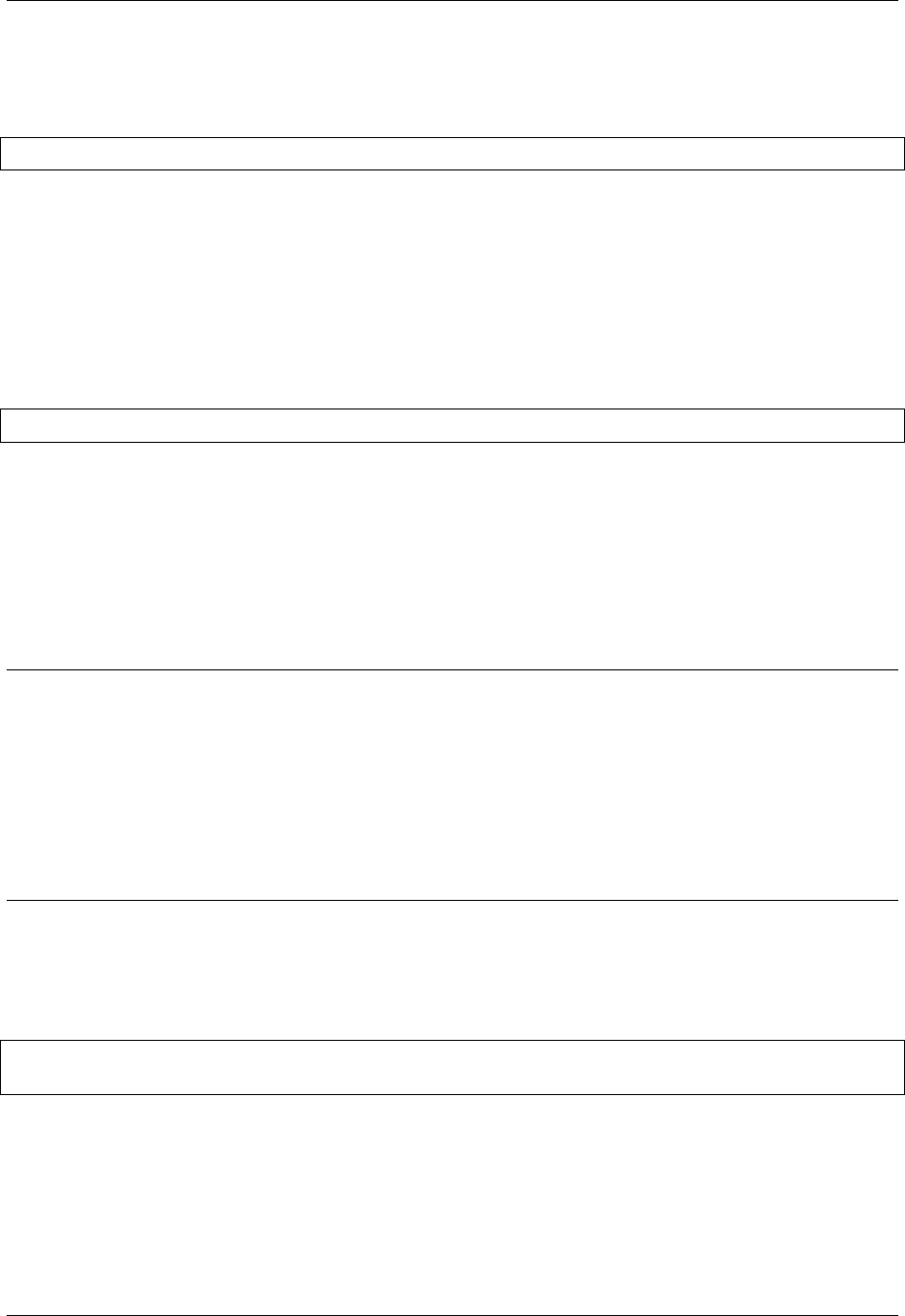
GeoServer User Manual, Release 2.15.1
Single request
An individual request can be retrieved by specifying its ID:
GET http://localhost:8080/geoserver/rest/monitor/requests/12345.html
API Reference
There are two kinds of query: one for single requests, and one for sets of requests.
Single Request Query
A query for a single request record has the structure:
GET http://<host>:<port>/geoserver/rest/monitor/requests/<id>.<format>
where id is the numeric identifier of a single request, and format specifies the representation of the re-
turned result as one of:
•html - an HTML table.
•csv - a Comma Separated Values table.
•zip - PKZip archive containing CSV as above, plus plain text of errors and request body.
•xls - Microsoft Excel spreadsheet.
Note: An alternative to specifying the returned representation with the format extension is to use the
http Accept header and specify the MIME type as one of:
•text/html
•application/csv
•application/zip
•application/vnd.ms-excel
See the HTTP specification for more information about the Accept header.
Request Set Query
The structure of a query for a set of requests is:
GET http://<host>:<port>/geoserver/rest/monitor/requests.<format>[?parameter{&
,→parameter}]
where format is as described above, and parameter is one or more of the parameters listed below.
The request set query accepts various parameters that control what requests are returned and how they are
sorted. The available parameters are:
1606 Chapter 15. Extensions
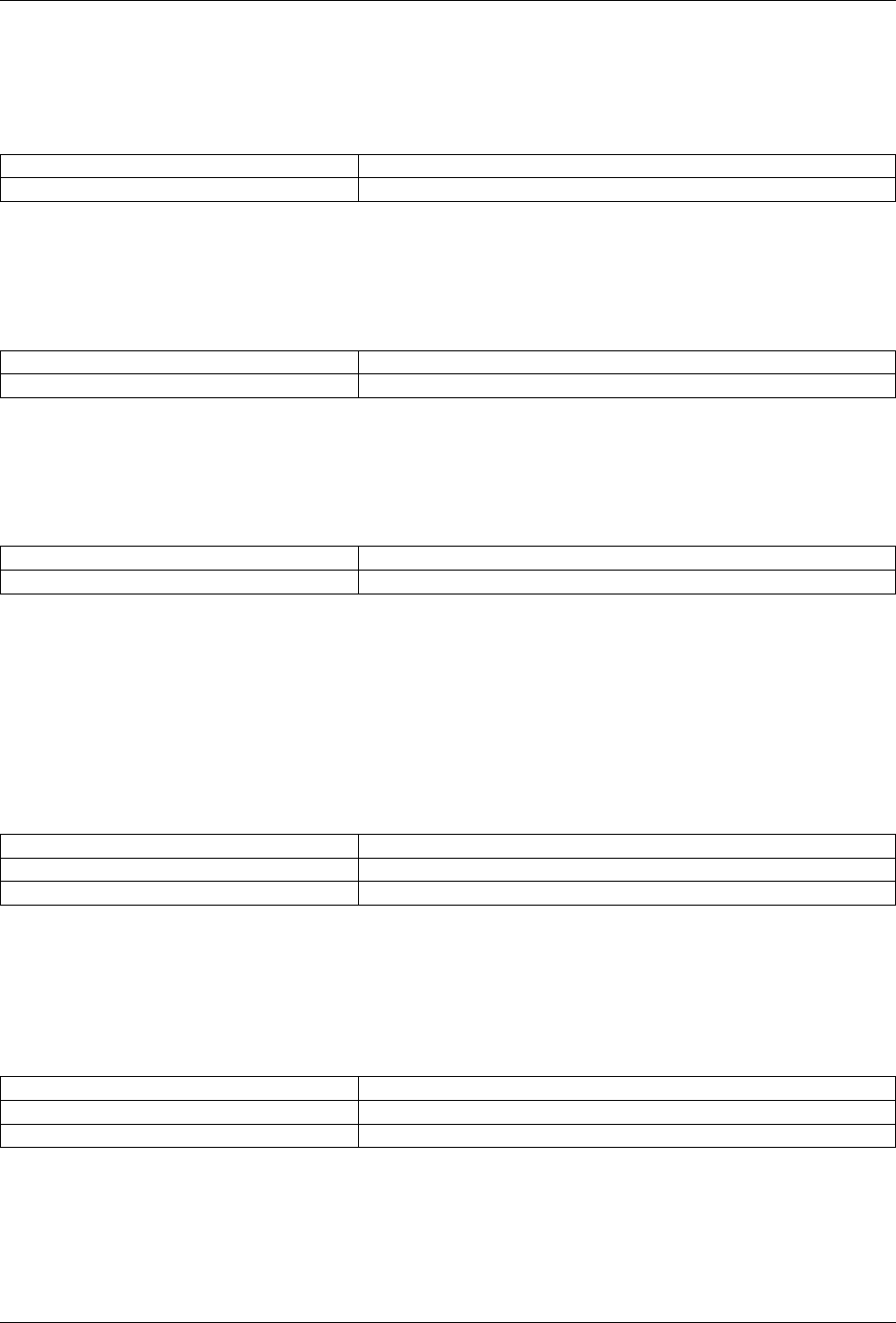
GeoServer User Manual, Release 2.15.1
count Parameter
Specifies how many records should be returned.
Syntax Example
count=<integer> requests.html?count=100
offset Parameter
Specifies where in the result set records should be returned from.
Syntax Example
offset=<integer> requests.html?count=100&offset=500
live Parameter
Specifies that only live (currently executing) requests be returned.
Syntax Example
live=<yes|no|true|false> requests.html?live=yes
This parameter relies on a Monitor Mode being used that maintains real time request information (either live
or mixed).
from Parameter
Specifies an inclusive lower bound on the timestamp for the start of a request. The timestamp can be
specified to any desired precision.
Syntax Example
from=<timestamp> requests.html?from=2010-07-23T16:16:44
requests.html?from=2010-07-23
to Parameter
Specifies an inclusive upper bound on the timestamp for the start of a request. The timestamp can be
specified to any desired precision.
Syntax Example
to=<timestamp> requests.html?to=2010-07-24T00:00:00
requests.html?to=2010-07-24
order Parameter
Specifies which request attribute to sort by, and optionally specifies the sort direction.
15.10. Monitoring 1607
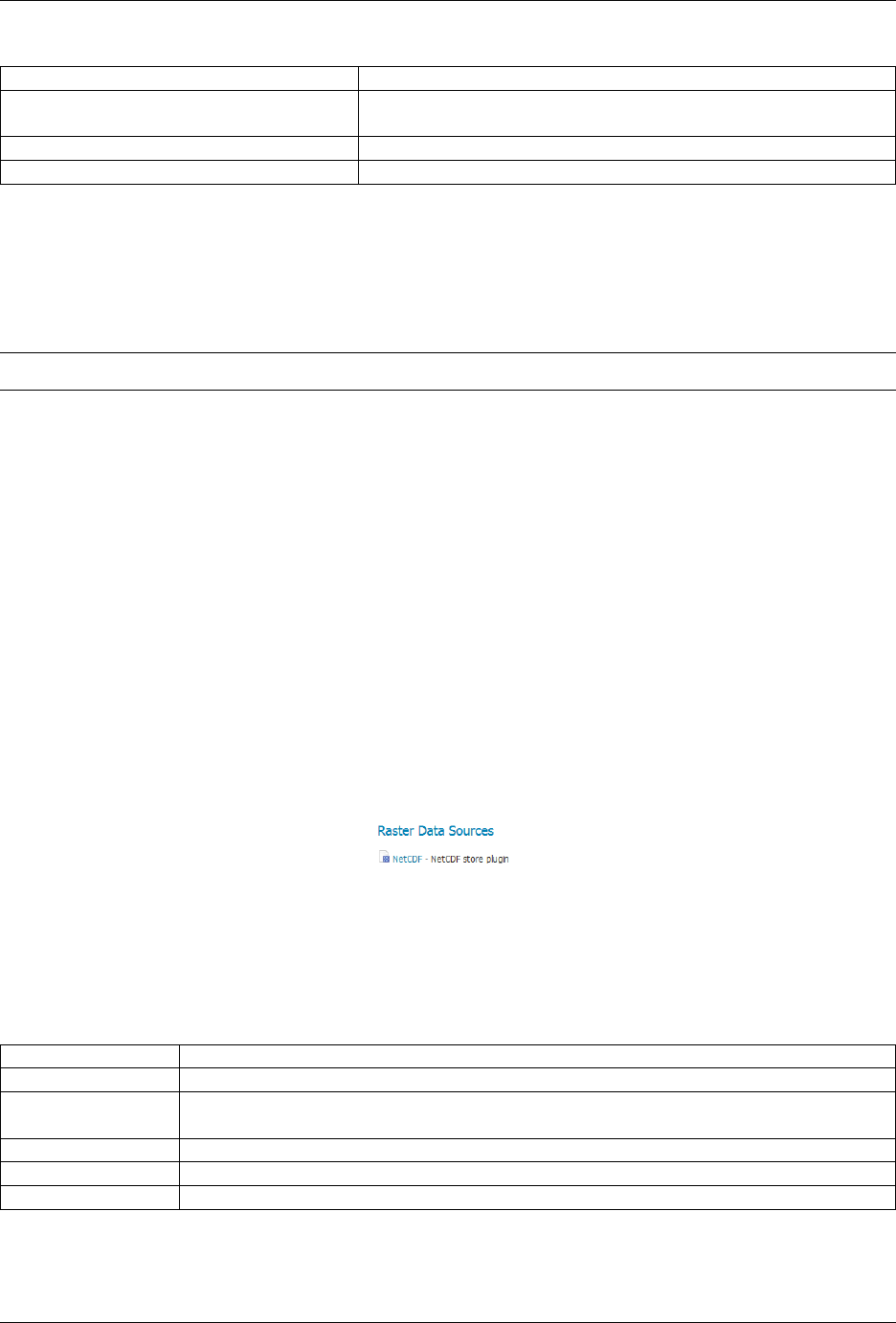
GeoServer User Manual, Release 2.15.1
Syntax Example
order=<attribute>[;
<ASC|DESC>]
requests.html?order=path
requests.html?order=startTime;DESC
requests.html?order=totalTime;ASC
15.10.7 GeoIP
The monitor extension has the capability to integrate with the MaxMind GeoIP database in order to provide
geolocation information about the origin of a request. This functionality is not enabled by default.
Note: At this time only the freely available GeoLite City database is supported.
Enabling GeoIP Lookup
In order to enable the GeoIP lookup capabilities
1. Download the GeoLite City database.
2. Uncompress the file and copy GeoLiteCity.dat to the monitoring directory.
3. Restart GeoServer.
15.11 NetCDF
15.11.1 Adding a NetCDF data store
To add a NetCDF data store the user must go to Stores –> Add New Store –> NetCDF.
Fig. 15.30: NetCDF in the list of raster data stores
15.11.2 Configuring a NetCDF data store
Option Description
Workspace
Data Source
Name
Description
Enabled
URL
1608 Chapter 15. Extensions
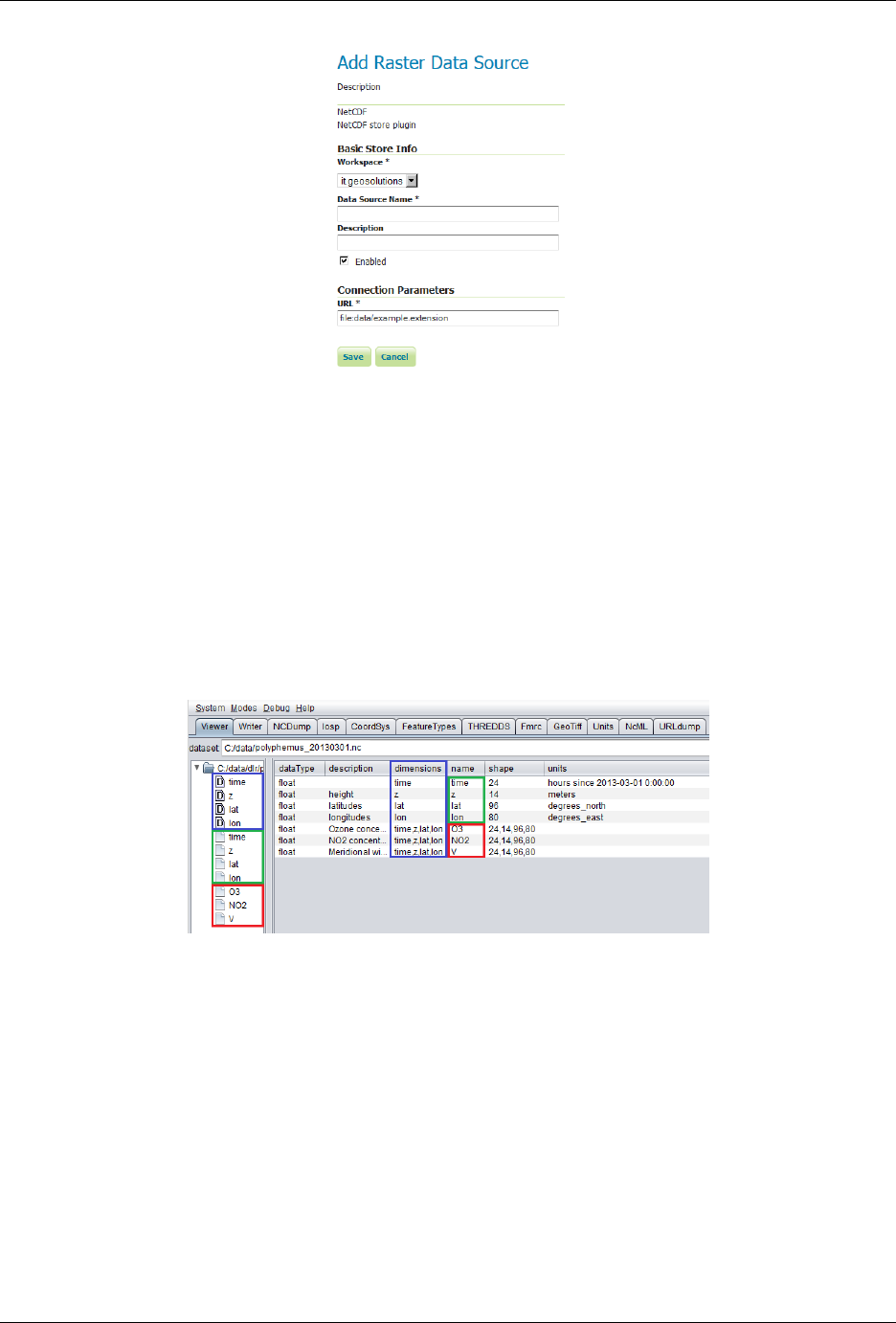
GeoServer User Manual, Release 2.15.1
Fig. 15.31: Configuring a NetCDF data store
15.11.3 Notes on supported NetCDFs
The NetCDF plugin for GeoServer supports gridded NetCDF files having dimensions following the
COARDS convention (custom, Time, Elevation, Lat, Lon). The NetCDF plugin supports plain NetCDF
datasets (.nc files) as well .ncml files (which aggregate and/or modify one or more datasets) and Feature
Collections. It supports Forecast Model Run Collection Aggregations (FMRC) either through the NCML or
Feature Collection syntax. It supports an unlimited amount of custom dimensions, including runtime.
ToolsUI is an useful java tool developed by UCAR which can be useful for a preliminary check on your
dataset. Opening a sample NetCDF using that tool will show an output like this in the Viewer tab:
Fig. 15.32: NetCDF viewer in ToolsUI
• This dataset has 4 dimensions (time, z, lat, lon, marked by the D icon in the left side of the GUI. They
have been marked by a blue rectangle in the screenshot).
• Each dimension has an associated independent coordinate variable (marked by the green rectangle).
• Finally, the dataset has 3 geophysical variables, marked by a red rectangle, each having 4 dimensions.
The NetCDF plugin fully supports datasets where each variable’s axis is identified by an independent
coordinate variable, as shown in the previous example. There is limited support for coordinate variables
with two dimensions (see Two-Dimensional Coordinate Variables), either as part of the definition of a plain
dataset (such as y,x/rows,cols/i,j/. . . ) or the result of an aggregation (such as time,runtime - in the case of
a runtime aggregation).
15.11. NetCDF 1609
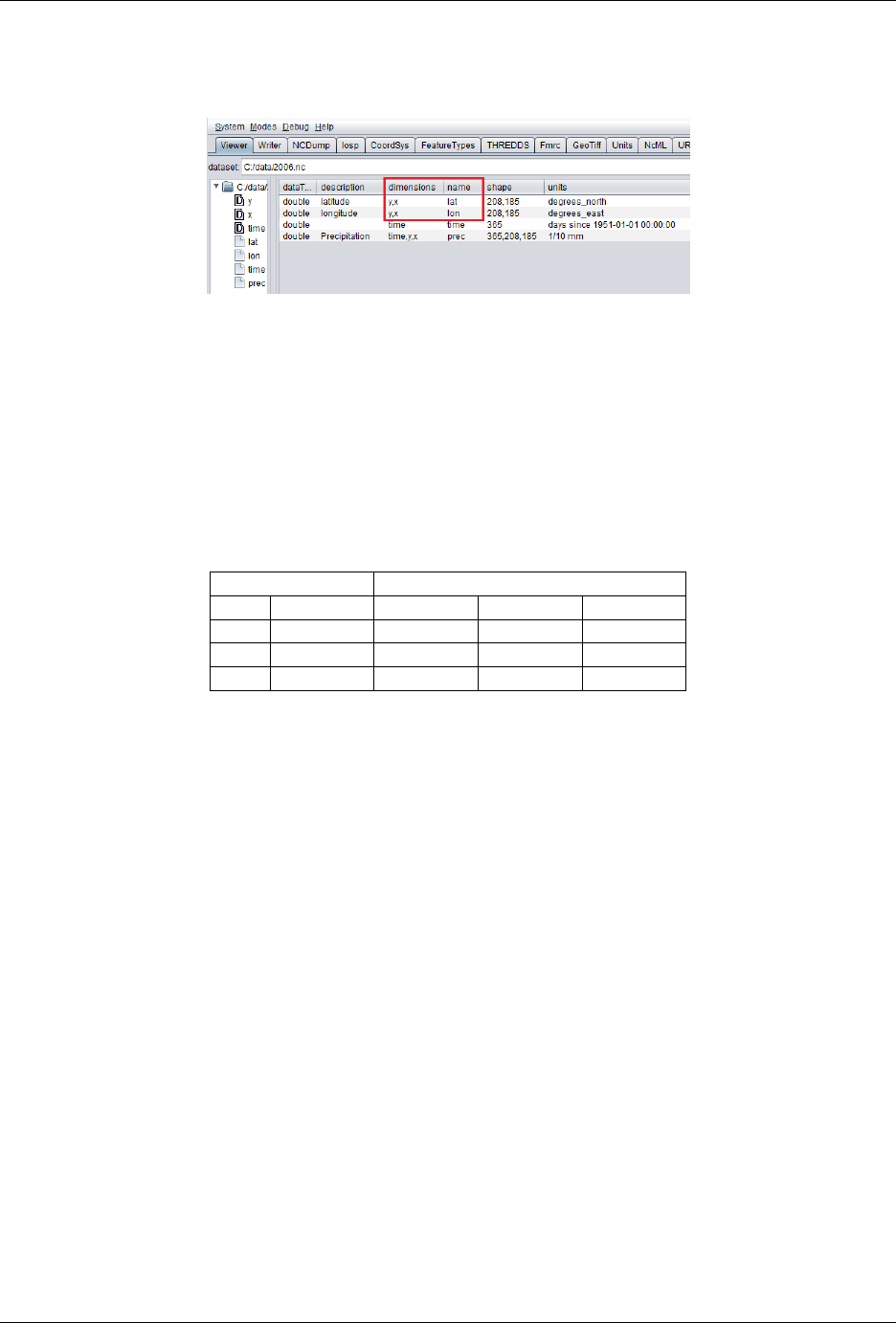
GeoServer User Manual, Release 2.15.1
A similar dataset will look like this in ToolsUI. Look at the red marked latitude and longitude coordinate
variables, each one identified by a y,x 2D matrix.
Fig. 15.33: NetCDF viewer in ToolsUI for 2D coordinate variables
15.11.4 Two-Dimensional Coordinate Variables
Two-dimension coordinate variables are exposed in GeoServer as single dimensions. Their domain is ex-
posed in GetCapabilities as a flat list of possible values. However, they imply an interdependence between
the different dimensions, where some combinations of values exist (have data) and other combinations do
not. For example:
Runtime Time
0 1 2
0 1/1/2017 1/1/2017 1/2/2017 1/4/2017
1 1/2/2017 1/2/2017 1/3/2017 XXXX
2 1/3/2017 1/3/2017 XXXX XXXX
The time dimension would thus be exposed in GeoServer as {1/1/2017, 1/2/2017, 1/3/2017,
1/4/2017}. However, the combinations (runtime=1/1/2017, time=1/3/2017), (runtime=1/2/2017,
time=1/1/2017), (runtime=1/2/2017, time=1/4/2017) , (runtime=1/3/2017, time=1/1/2017), (run-
time=1/3/2017, time=1/2/2017) and (runtime=1/3/2017, time=1/4/2017) do not exist.
Some additional functionality was introduced to maximally exploit two-dimensional coordinate variables:
• With requests that do not specify certain dimension values, we want to select default values that
makes sense with regards to the dimensions values that were specified in the request. More specif-
ically we want the maximum or minimum of the domain that matches the specified request’s other
dimension values; rather than the maximum or minimum of the entire domain.
• The user may want to query which combination of dimension values do exist and which don’t. This
can be done through an Auxiliary Vector Store that publishes the entire index.
A number of system properties allow us to configure this behavior:
•org.geotools.coverage.io.netcdf.param.max A comma separated list of dimensions that
must be maximised when their value is absent in the request. In the layer configuration, the
default value of these dimensions must be set to ‘Built-in’.
•org.geotools.coverage.io.netcdf.param.min A comma separated list of dimensions that
must be minimised when their value is absent in the request. In the layer configuration, the
default value of these dimensions must be set to ‘Built-in’.
•org.geotools.coverage.io.netcdf.auxiliary.store Set to TRUE to display the ‘NetCDF
Auxiliary Store’ option in Geoserver. A NetCDF Auxiliary Store must be published after publish-
ing the actual NetCDF store.
1610 Chapter 15. Extensions
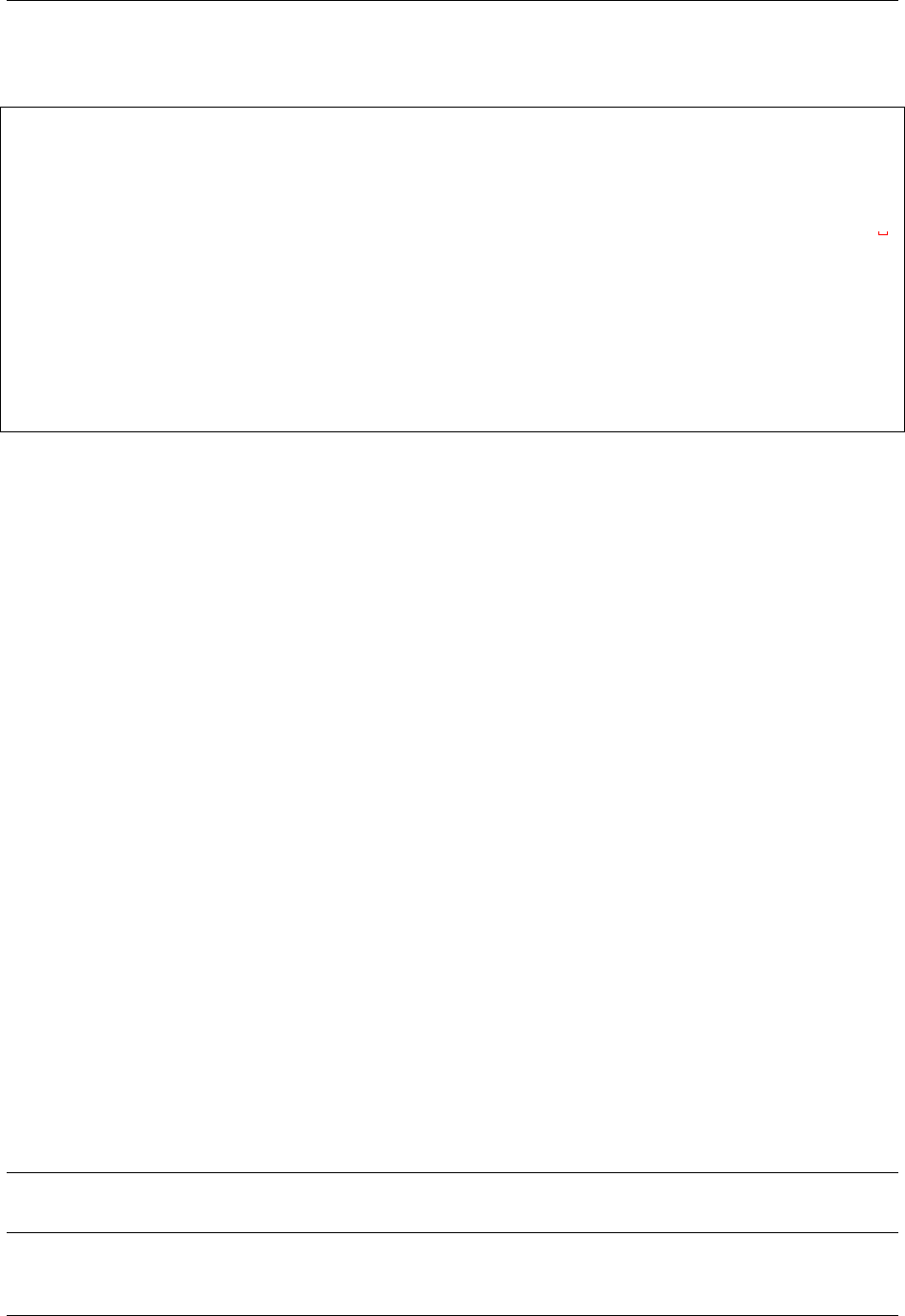
GeoServer User Manual, Release 2.15.1
The NetCDF Auxiliary Store returns a WFS record like this for each possible combination of dimension
values that do not include the two prime spatial dimensions:
<topp:my-aux-store gml:id="1">
<topp:the_geom>
<gml:Polygon srsName="http://www.opengis.net/gml/srs/epsg.xml#4326" srsDimension="2
,→">
<gml:exterior><gml:LinearRing>
<gml:posList>259.96003054 -0.04 259.96003054 70.04 310.03999998 70.04 310.03999998
,→-0.04 259.96003054 -0.04</gml:posList>
</gml:LinearRing></gml:exterior>
</gml:Polygon>
</topp:the_geom>
<topp:imageindex>160</topp:imageindex>
<topp:depth>0.0</topp:depth>
<topp:time>2017-01-01T00:00:00Z</topp:time>
<topp:runtime>2017-01-02T00:00:00Z</topp:runtime>
</topp:my-aux-store>
15.11.5 Supporting Custom NetCDF Coordinate Reference Systems
Grid Mapping attributes
Starting with GeoServer 2.8.x, NetCDF related modules (both NetCDF/GRIB store, imageMosaic store
based on NetCDF/GRIB dataset and NetCDF output format) allow to support custom Coordinate Ref-
erence Systems and Projections. As reported in the NetCDF CF documentation, Grid mappings section a
NetCDF CF file may expose gridmapping attributes to describe the underlying projection. A grid_mapping
attribute in the variable refers to the name of a variable containing the grid mapping definition.
The GeoTools NetCDF machinery will parse the attributes (if any) contained in the underlying NetCDF
dataset to setup an OGC CoordinateReferenceSystem object. Once created, a CRS lookup will be made to
identify a custom EPSG (if any) defined by the user to match that Projection. In case the NetCDF gridMap-
ping is basically the same of the one exposed as EPSG entry but the matching doesn’t happen, you may
consider tuning the comparison tolerance: See Coordinate Reference System Configuration,Increase Comparison
Tolerance section.
User defined NetCDF Coordinate Reference Systems with their custom EPSG need to be provided in
user_projections\netcdf.projections.properties file inside your data directory (you have to
create that file if missing).
A sample entry in that property file could look like this:
971835=PROJCS[“albers_conical_equal_area”, GEOGCS[“unknown”, DATUM[“unknown”,
SPHEROID[“unknown”, 6378137.0, 298.2572221010042]], PRIMEM[“Greenwich”,
0.0], UNIT[“degree”, 0.017453292519943295], AXIS[“Geodetic longitude”, EAST],
AXIS[“Geodetic latitude”, NORTH]], PROJECTION[“Albers_Conic_Equal_Area”], PA-
RAMETER[“central_meridian”, -126.0], PARAMETER[“latitude_of_origin”, 45.0], PARAM-
ETER[“standard_parallel_1”, 50.0], PARAMETER[“false_easting”, 1000000.0], PARAME-
TER[“false_northing”, 0.0], PARAMETER[“standard_parallel_2”, 58.5], UNIT[“m”, 1.0],
AXIS[“Easting”, EAST], AXIS[“Northing”, NORTH], AUTHORITY[“EPSG”,”971835”]]
Note: Note the “unknown” names for GEOGCS, DATUM and SPHEROID elements. This is how the
underlying NetCDF machinery will name custom elements.
15.11. NetCDF 1611
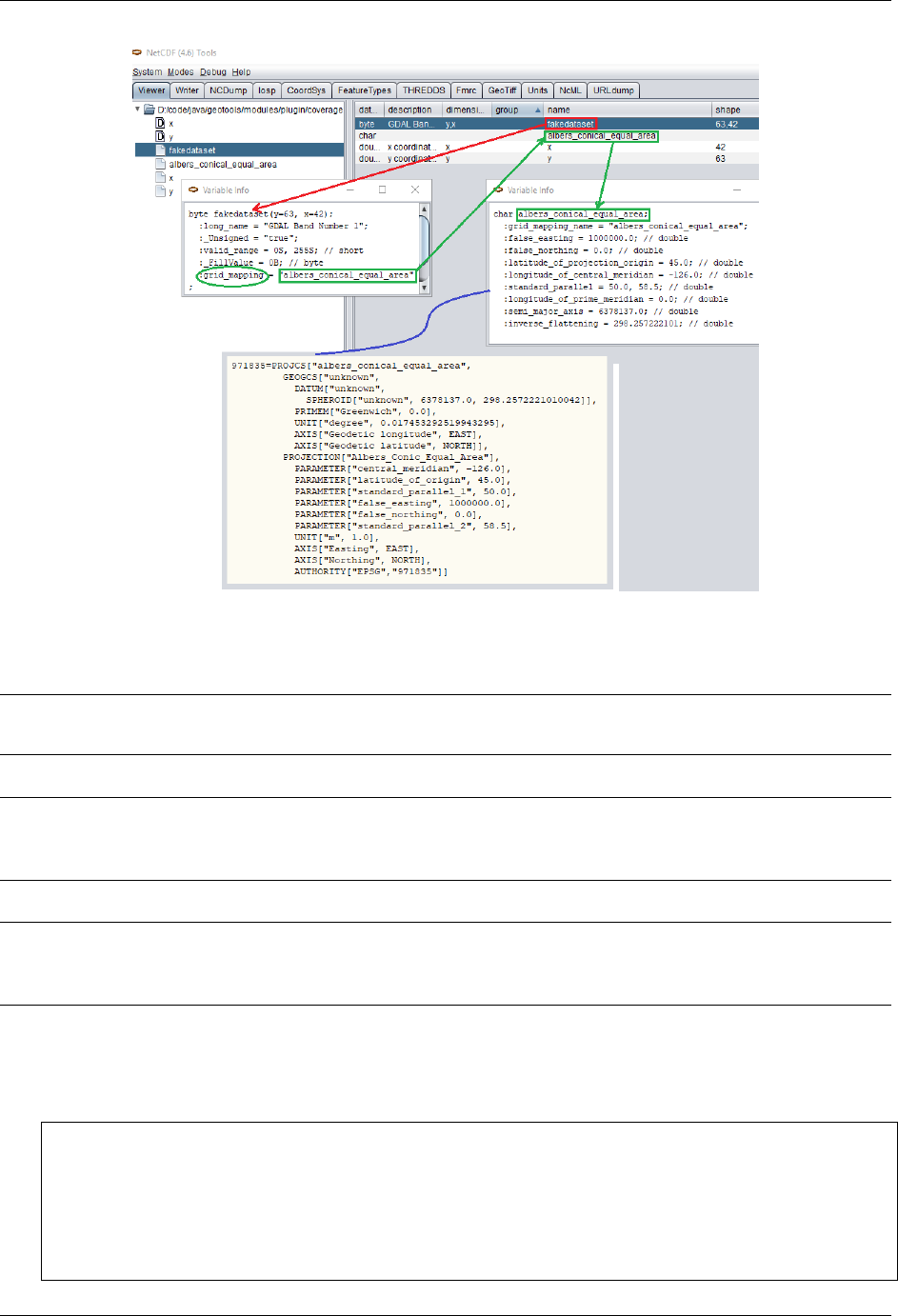
GeoServer User Manual, Release 2.15.1
Fig. 15.34: Grid Mapping and related custom EPSG definition
Note: Note the number that precedes the WKT. This will determine the EPSG code. So in this example, the
EPSG code is 971835.
Note: When dealing with records indexing based on PostGIS, make sure the custom code isn’t greater than
998999. (It tooks us a while to understand why we had some issues with custom codes using PostGIS as
granules index. Some more details, here)
Note: If a parameter like “central_meridian” or “longitude_of_origin” or other longitude related value is
outside the range [-180,180], make sure you adjust this value to belong to the standard range. As an instance
a Central Meridian of 265 should be set as -95.
You may specify further custom NetCDF EPSG references by adding more lines to that file.
1. Insert the code WKT for the projection at the end of the file (on a single line or with backslash charac-
ters):
971835=PROJCS["albers_conical_equal_area", \
GEOGCS["unknown", \
DATUM["unknown", \
SPHEROID["unknown",6378137.0,298.2572221010042]], \
PRIMEM["Greenwich",0.0], \
UNIT["degree",0.017453292519943295], \
AXIS["Geodetic longitude", EAST], \
1612 Chapter 15. Extensions
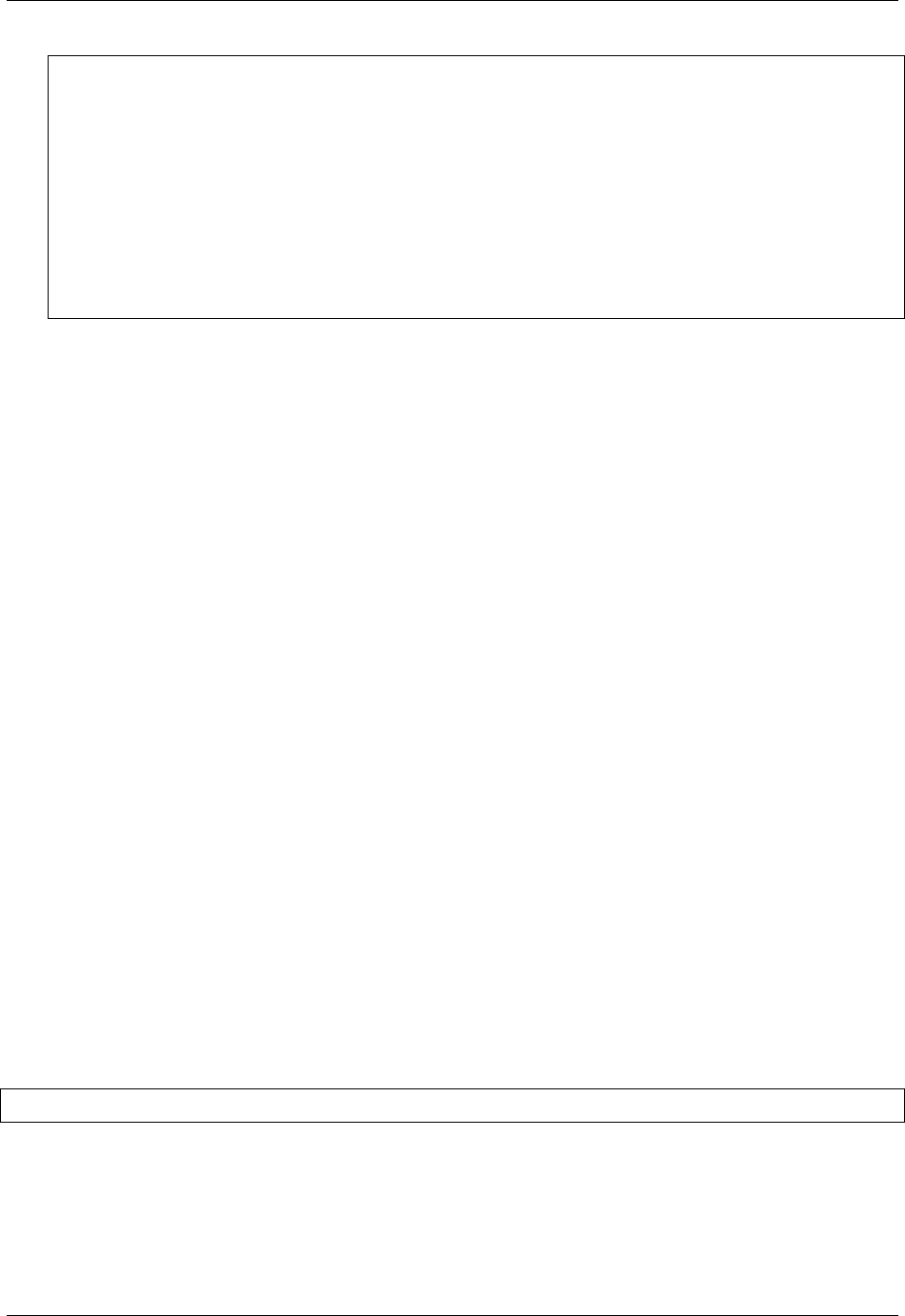
GeoServer User Manual, Release 2.15.1
AXIS["Geodetic latitude", NORTH]], \
PROJECTION["Albers_Conic_Equal_Area"], \
PARAMETER["central_meridian",-126.0], \
PARAMETER["latitude_of_origin",45.0], \
PARAMETER["standard_parallel_1",50.0], \
PARAMETER["false_easting",1000000.0], \
PARAMETER["false_northing",0.0], \
PARAMETER["standard_parallel_2",58.5], \
UNIT["m",1.0], \
AXIS["Easting", EAST], \
AXIS["Northing", NORTH], \
AUTHORITY["EPSG","971835"]]
2. Save the file.
3. Restart GeoServer.
4. Verify that the CRS has been properly parsed by navigating to the SRS List page in the Web adminis-
tration interface.
5. If the projection wasn’t listed, examine the logs for any errors.
Specify an external file through system properties
You may also specify the NetCDF projections definition file by setting a Java system property which
links to the specified file. As an instance: -Dnetcdf.projections.file=/full/path/of/the/
customfile.properties
WKT Attributes
Some NetCDFs may include a text attribute containing the WKT definition of a Coordinate Reference Sys-
tem. When present, it will be parsed by GeoServer to setup a CRS and a lookup will be performed to see if
any EPSG is matching it.
•spatial_ref GDAL spatial_ref attribute
•esri_pe_string An attribute being defined by NetCDF CERP Metadata Convention
15.11.6 NetCDF files in read-only directories
GeoServer creates hidden index files when accessing NetCDF files. Because these index files are created in
the same directory as each NetCDF file, GeoServer will fail to publish NetCDF files if it lacks write access
the containing directory.
To permit access to NetCDF files in read-only directories, specify an alternate writeable directory for
NetCDF index files by setting the NETCDF_DATA_DIR Java system property:
-DNETCDF_DATA_DIR=/path/to/writeable/index/file/directory
15.11.7 Supporting Custom NetCDF Units
The NetCDF format expresses units using a syntax that is not always understood by our unit parser, and
often, uses unit names using unrecognized symbols or that simply unknown to it. The system already
15.11. NetCDF 1613
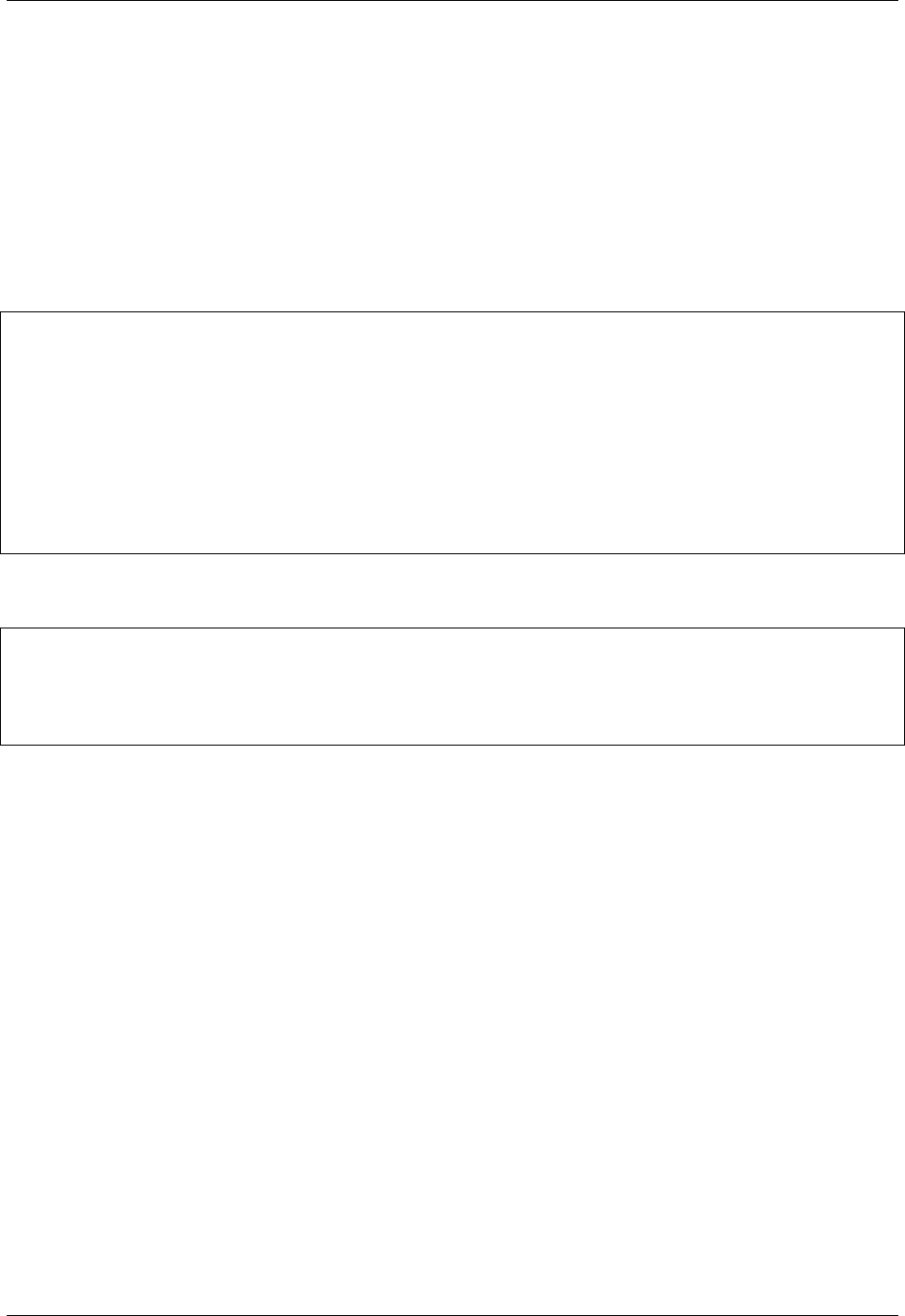
GeoServer User Manual, Release 2.15.1
comes with some smarts, but in case a unit is not recognized, it’s possible to act on the configuration and
extend it.
There are two property files that can be setup in order to modify unit magement, one is an alias file, the
other is a replacement file:
• An “alias” is a different symbol/name for a base unit (e.g., instead of using “g” the NetCDF files
might be using “grammes”)
• A (text) “replacement” is used when the unit is a derived one, needing a full expression, or the syntax
of the unit is simply unrecognized
The alias file is called netcdf-unit-aliases.properties, if not provided these contents are assumed:
# Aliases for unit names that can in turn be used to build more complex units
Meter=m
meter=m
Metre=m
microgram=µg
microgrammes=µg
nanograms=ng
degree=deg
percentage=%
celsius=°C
````
The replacement file is called netcdf-unit-replacements.properties, if not provided the following
contents are assumed:
microgrammes\ per\ cubic\ meter=µg*m^-3
DU=µmol*m^-2*446.2
m2=m^2
m3=m^3
s2=s^2
Both files express the NetCDF unit as the key, and the standard symbol or replacement text as the value.
It is possible to place the files in three different locations:
• If the NETCDF_UNIT_ALIASES and/or NETCDF_UNIT_REPLACEMENTS system variables are de-
fined, the respective files will be looked up at the specified location (must be full paths, including
the file name)
• If the above are missing and external NetCDF data dir is defined via NETCDF_DATA_DIR then the
files will be looked up in there
• If the above are missing the root of the GeoServer data directory will be searched
• If none of the above provide a file, then the built-in configuration will be used
15.11.8 Migrating mosaics with H2 NetCDF index files to a centralized index
By default the NetCDF reader creates a hidden directory, either as a sidecar or in the NetCDF data dir,
containing a low level index file to speed up slices lookups, as well as a H2 database containing information
about slice indexes and dimensions associated to them. This H2 store is opened and closed every time the
associated NetCDF is read, causing less than optimal performance in map rendering.
As an alternative, it’s possible to store all slice metadata from H2 to a centralized database, and have
GeoServer manage the store connecting to it, thus keeping it always open. Some work is in order to make
that happen thought.
1614 Chapter 15. Extensions
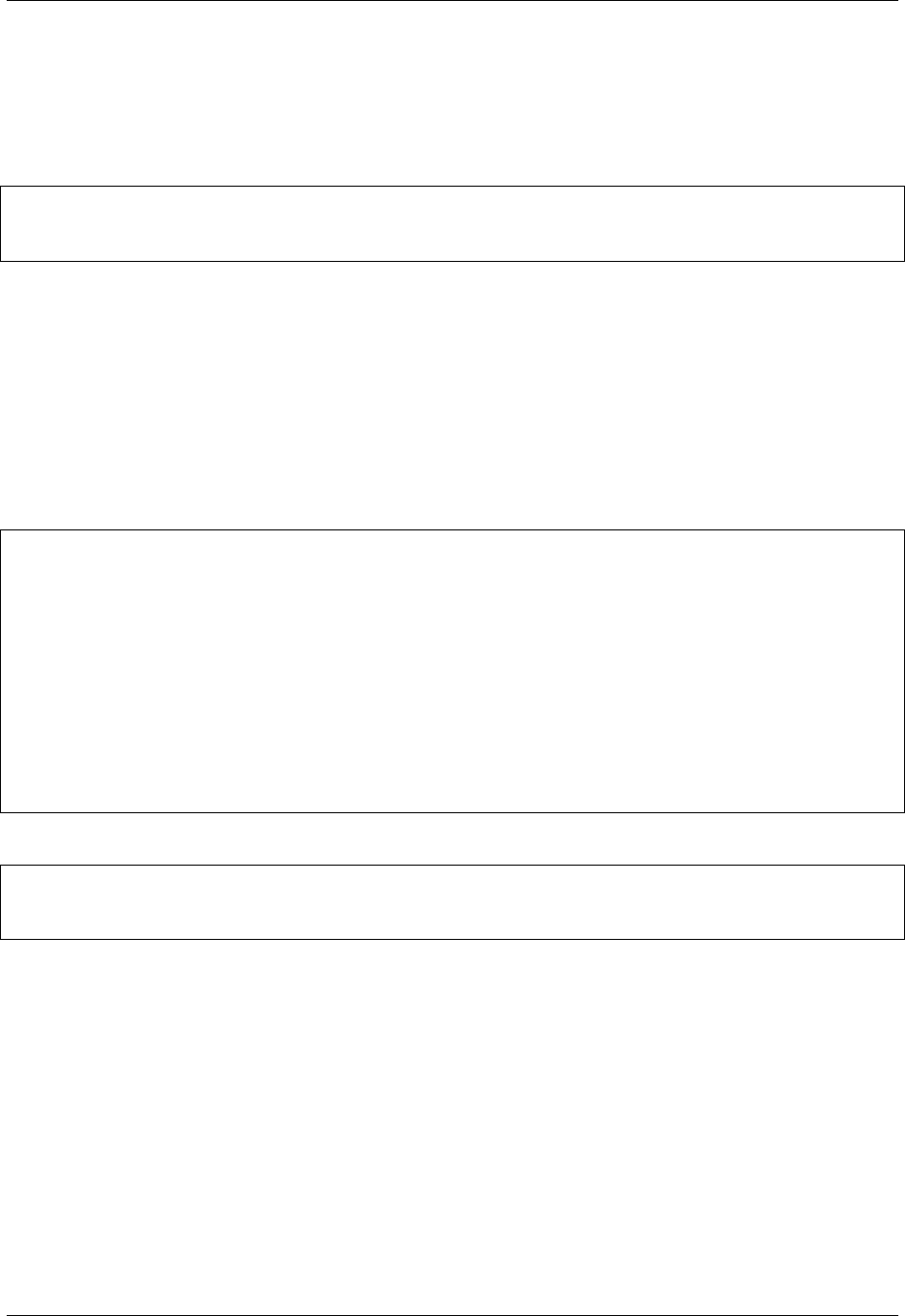
GeoServer User Manual, Release 2.15.1
First, the image mosaic needs a indexer.xml and a NetCDF auxiliary file, describing the coverages struc-
ture. These two files can be generated using a tool available in the GeoServer classpath, that one has to
invoke from the command line.
Given a sample NetCDF file, you can get into the mosaic directory and run the CreateIndexer tool (for the
NetCDF projection files, see above):
java -cp <path-to-geoserver>/WEB-INF/lib/*.jar org.geotools.coverage.io.netcdf.tools.
,→CreateIndexer <path-to-sample-nc-file> -p<path-to-netcdf-projections>[<path-to-
,→output-directory>]
This will generate the files and it’s going to be good enough if each NetCDF contains the same coverages.
If instead there are different NetCDF files containing different coverages in the same mosaic, you’ll have to:
• run the above command using a different sample NetCDF file for each coverage, generating the out-
put in different folders,
• manually merge them into a unified indexer.xml and _auxiliary.xml that will be placed in the
mosaic directory.
Once those files are in position, a second tool can be run in order to migrate all H2 files to a centralized
datatabase. First, prepare a property file with connection parameters to the target index database. For
example, it could be a netcdf_index.properties file with the following contents:
SPI=org.geotools.data.postgis.PostgisNGDataStoreFactory
host=localhost
port=5432
database=netcdfidx
schema=public
user=user
passwd=pwd
Loose\ bbox=true
Estimated\ extends=false
validate\ connections=true
Connection\ timeout=10
preparedStatements=true
max\ connections=20
Then, in order to migrate a specific mosaic, run the H2Migrate tool:
java -cp <path-to-geoserver>/WEB-INF/lib/*.jar org.geotools.coverage.io.netcdf.tools.
,→H2Migrate -m<path-to-mosaic-directory> -is <indexPropertyFile> -isn
,→<storeNameForIndex> -v
This will connect to the target store using the information in indexPropertyFile, locate the gran-
ules to be migrated inspecting the mosaic contents, create a netcdf_index.properties file
with StoreName=storeNameForIndex and update the mosaic to use it (basically, update the in-
dexer.xml and all coverage property files to have a AuxiliaryDatastoreFile property pointing to
netcdf_indexer.properties, as well ensure that there is a AuxiliaryFile property pointing to
_auxiliary.xml).
It will also generate two files, migrated.txt and h2.txt:
•migrated.txt contains the list of files successfully migrated, for audit purposes
•h2.txt the list of H2 database files that can now be removed. The tool won’t do it automatically to
ensure that the migration, but with this one one could automate removal, e.g., on Linux a simple cat
h2.txt | rm would do the trick (the <name>.log.db files change name often, it’s likely that they
will have to be hunted down and removed with other means, e.g. if on Linux, using the “find”).
15.11. NetCDF 1615
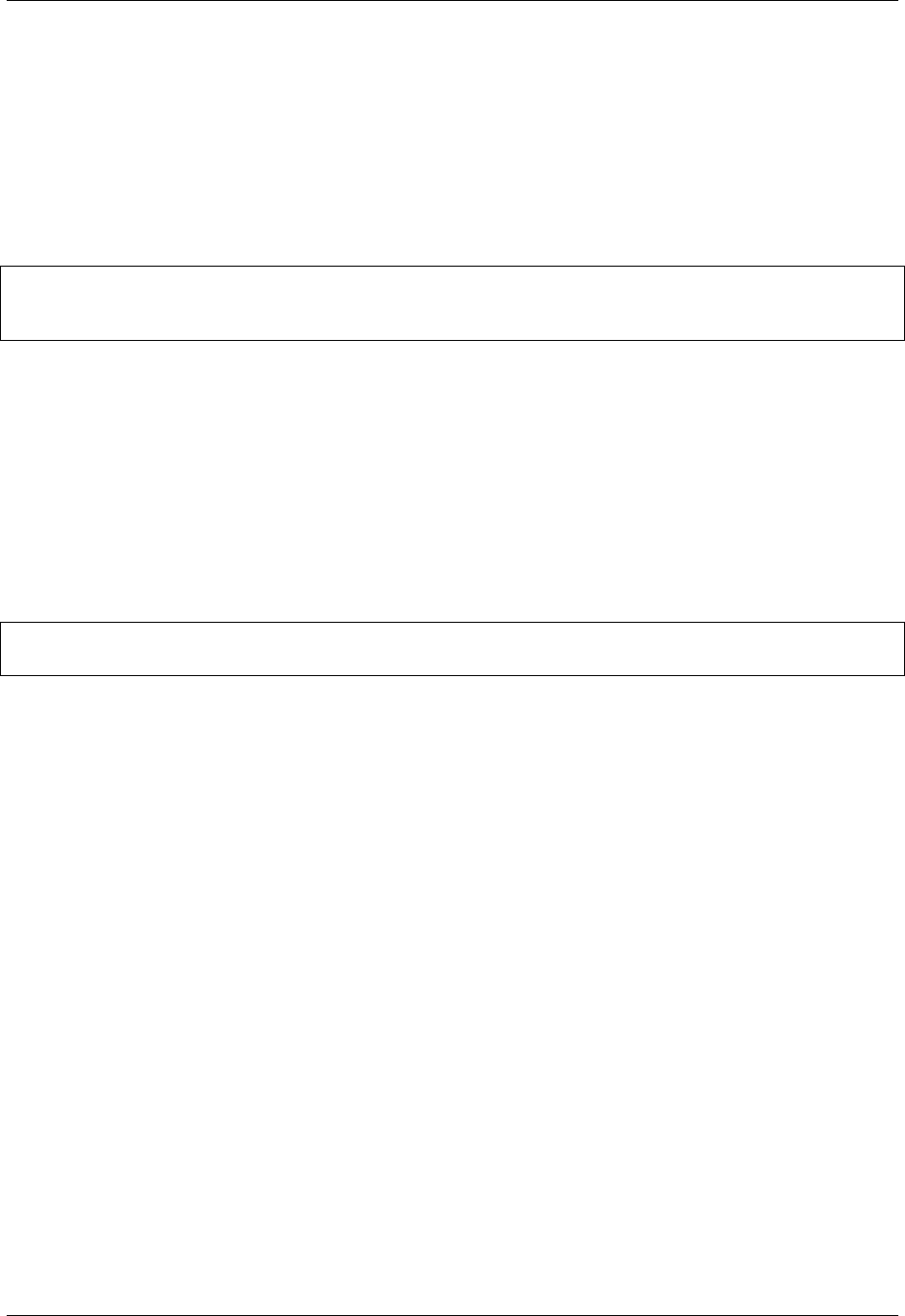
GeoServer User Manual, Release 2.15.1
If the mosaic to be migrated is backed by a OpenSearch index, then the tool won’t be able to open the mosaic
(it would require running inside GeoServer), so the connection parameters will have to be provided in a
second property file, along with the list of tables containing the granules paths in the “location” attribute,
e.g.:
java -cp <path-to-geoserver>/WEB-INF/lib/*.jar org.geotools.coverage.io.netcdf.tools.H2Migrate
-m <path-to-mosaic-directory> -ms <mosaicStorePropertyFile> -mit granule -is <indexProper-
tyFile> -isn <storeNameForIndex> -v
The tool supports other options as well, they can be discovered by running the tool without any parameter:
java -cp <path-to-geoserver>/WEB-INF/lib/*.jar org.geotools.coverage.io.netcdf.tools.
,→H2Migrate -m<path-to-mosaic-directory> -is <indexPropertyFile> -isn
,→<storeNameForIndex> -v
15.12 NetCDF Output Format
This plugin adds the ability to encode WCS 2.0.1 multidimensional output as a NetCDF file using the
Unidata NetCDF Java library.
15.12.1 Getting a NetCDF output file
Request NetCDF output by specifying format=application/x-netcdf in a GetCoverage request:
http://localhost:8080/geoserver/wcs?service=WCS&version=2.0.1&request=GetCoverage&
,→coverageid=it.geosolutions__V&format=application/x-netcdf...
15.12.2 Current limitations
• Input coverages/slices should share the same bounding box (lon/lat coordinates are the same for the
whole ND cube).
• NetCDF output will be produced only when input coverages come from a StructuredGridCoverage2D
reader (this allows to query the GranuleSource to get the list of granules in order to setup dimensions
slices for each sub-coverage).
15.12.3 NetCDF-4
NetCDF-4 output is supported but requires native libraries (see Installing required NetCDF-4 Native li-
braries). NetCDF-4 adds support for compression. Use format=application/x-netcdf4 to request
NetCDF-4 output.
15.12.4 Settings
NetCDF output settings can be configured for each raster layer. The similar section in the Global Settings
page configures the default settings used for newly created raster layers.
•Variable Name (optional)
–Sets the NetCDF variable name.
–Does not change the layer name, which can be configured in the Data tab.
1616 Chapter 15. Extensions
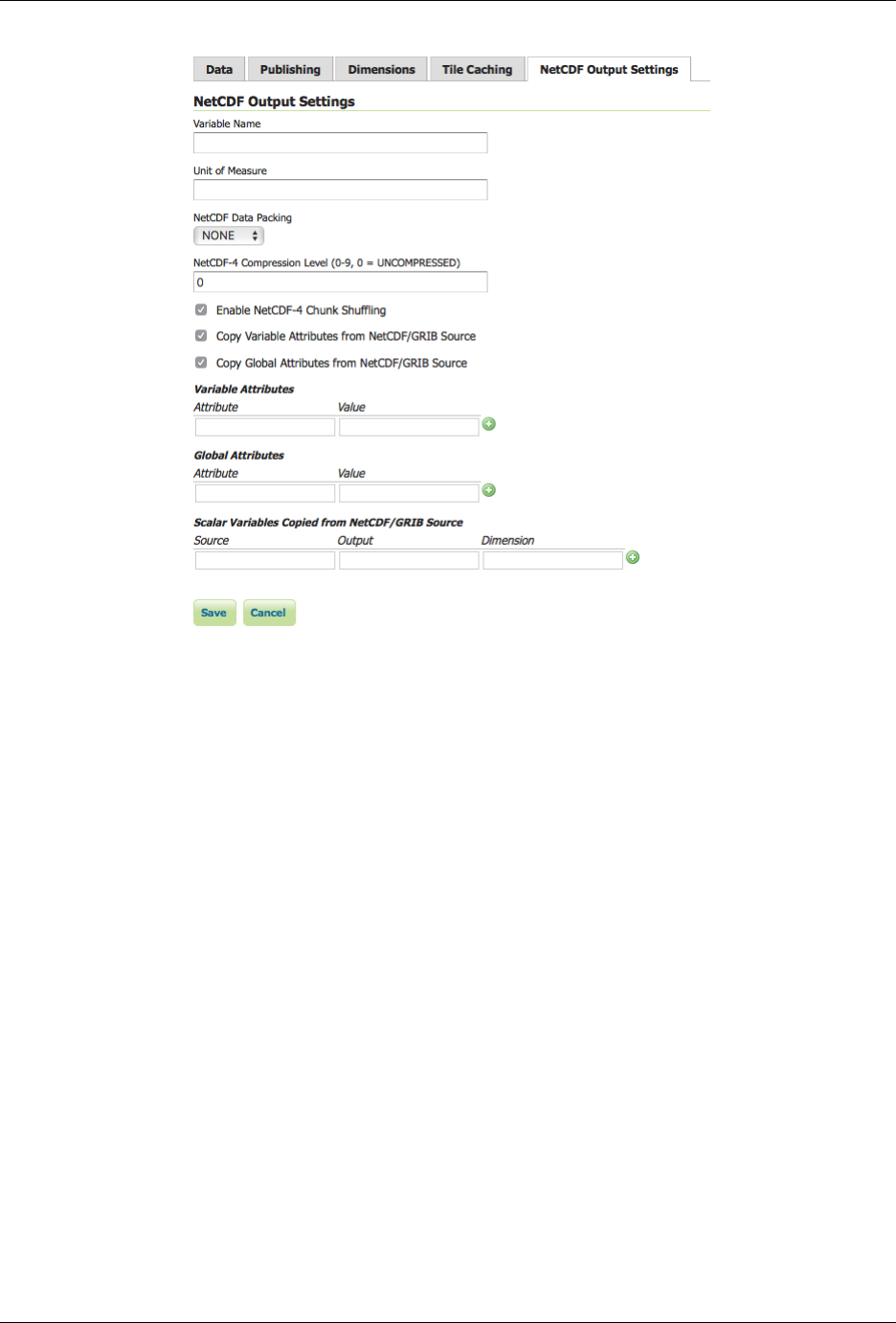
GeoServer User Manual, Release 2.15.1
•Variable Unit of Measure (optional)
–Sets the NetCDF uom attribute.
•Data Packing
–Lossy compression by storing data in reduced precision.
–One of NONE,BYTE,SHORT, or INT.
•NetCDF-4 Compression Level
–Lossless compression.
–Level is an integer from 0 (no compression, fastest) to 9 (most compression, slowest).
•NetCDF-4 Chunk Shuffling
–Lossless byte reordering to improve compression.
•Copy Variable Attributes from NetCDF/GRIB Source
–Most attributes are copied from the source NetCDF/GRIB variable.
–Some attributes such as coordinates and missing_value are skipped as these may no
longer be valid.
–For an ImageMosaic, one granule is chosen as the source.
•Copy Global Attributes from NetCDF/GRIB Source
–Attributes are copied from the source NetCDF/GRIB global attributes.
–For an ImageMosaic, one granule is chosen as the source.
15.12. NetCDF Output Format 1617
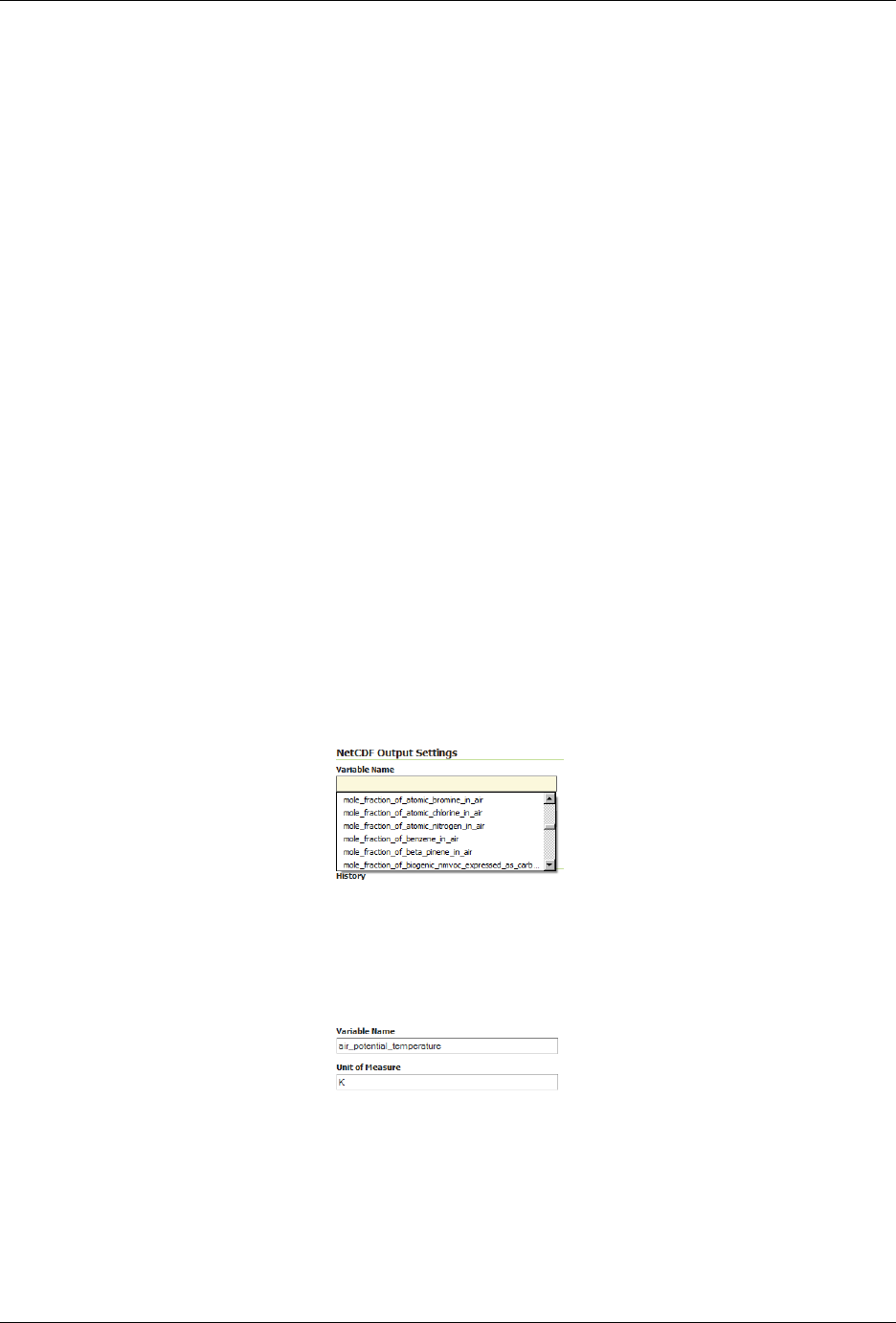
GeoServer User Manual, Release 2.15.1
•Variable Attributes
–Values are encoded as integers or doubles if possible, otherwise strings.
–Values set here overwrite attributes set elsewhere, such as those copied from a source
NetCDF/GRIB variable.
•Global Attributes
–Values are encoded as integers or doubles if possible, otherwise strings.
•Scalar Variables Copied from NetCDF/GRIB Source
–Source specifies the name of the source variable in a NetCDF file or the toolsUI view of a
GRIB file; only scalar source variables are supported.
–Output specifies the name of the variable in the output NetCDF file.
–If only one of Source or Output is given, the other is taken as the same.
–Dimension is either blank to simply copy the source scalar from one granule, or the name
of one output NetCDF dimension to cause values to be copied from multiple granules
(such as those from an ImageMosaic over a non-spatial dimension) into a one-dimensional
variable. The example above copies a single value from multiple reftime scalars into
forecast_reference_time dimensioned by time in an ImageMosaic over time.
–For an ImageMosaic, one granule is chosen as the source for variable attributes.
15.12.5 CF Standard names support
Note that the output name can also be chosen from the list of CF Standard names. Check CF standard
names page for more info on it.
Once you click on the dropdown, you may choose from the set of available standard names.
Fig. 15.35: NetCDF CF Standard names list
Note that once you specify the standard name, the unit will be automatically configured, using the canonical
unit associated with that standard name.
Fig. 15.36: NetCDF CF Standard names and canonical unit
The list of standard names is populated by taking the entries from a standard name table xml. At time of
writing, a valid example is available Here
You have three ways to provide it to GeoServer.
1618 Chapter 15. Extensions
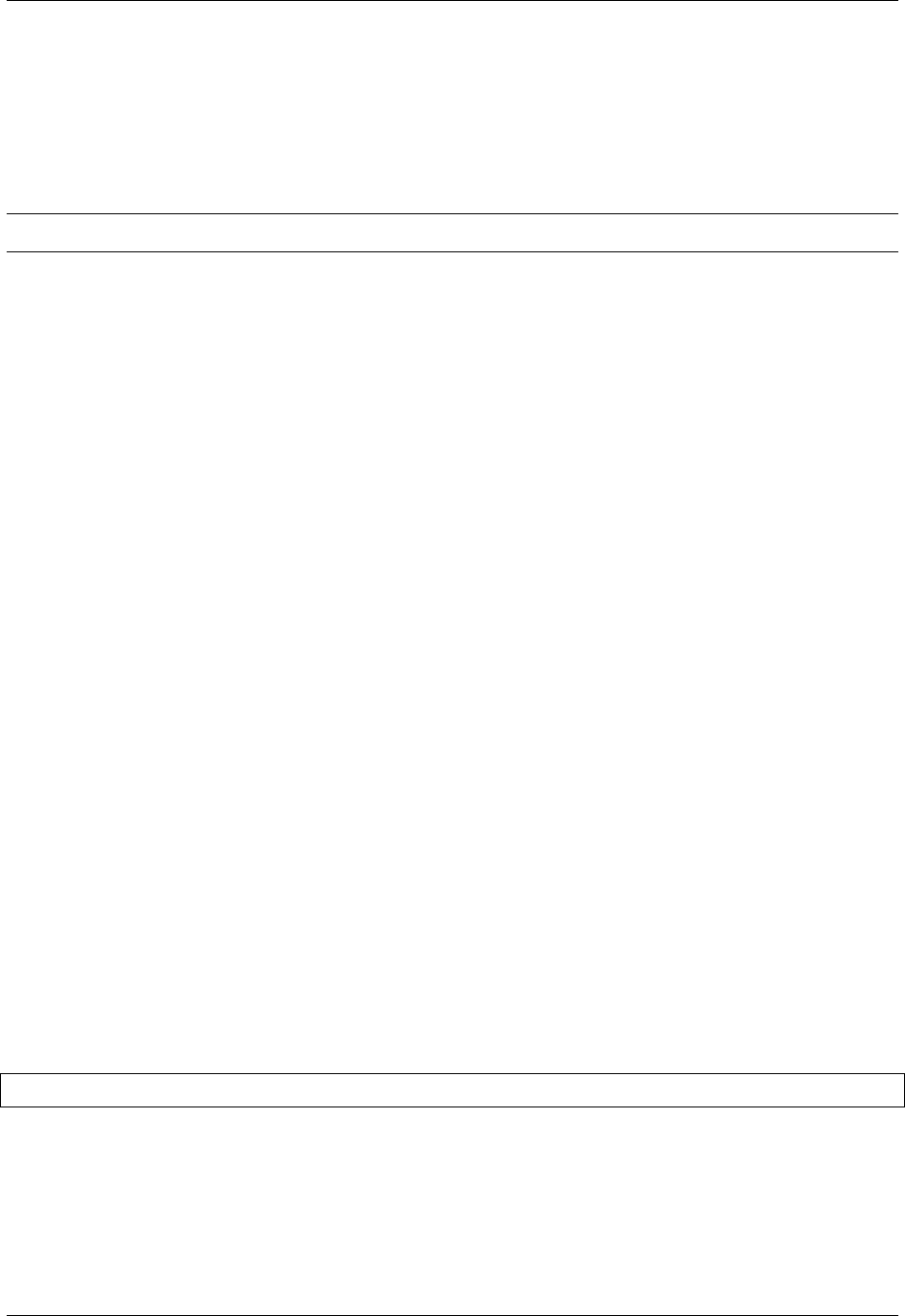
GeoServer User Manual, Release 2.15.1
1. Add a -DNETCDF_STANDARD_TABLE=/path/to/the/table/tablename.xml property to the
startup script.
2. Put that xml file within the NETCDF_DATA_DIR which is the folder where all NetCDF auxiliary files
are located. (More info)
3. Put that xml file within the GEOSERVER_DATA_DIR.
Note: Note that for the 2nd and 3rd case, file name must be cf-standard-name-table.xml.
15.13 OGR based WFS Output Format
The ogr2ogr based output format leverages the availability of the ogr2ogr command to allow the generation
of more output formats than GeoServer can natively produce. The basics idea is to dump to the file system
a file that ogr2ogr can translate, invoke it, zip and return the output of the translation.
15.13.1 Out of the box behaviour
Out of the box the plugin assumes the following:
• ogr2ogr is available in the path
• the GDAL_DATA variable is pointing to the GDAL data directory (which stores the spatial reference
information for GDAL)
In the default configuration the following formats are supported:
• MapInfo in TAB format
• MapInfo in MIF format
• Un-styled KML
• CSV (without geometry data dumps)
The list might be shorter if ogr2ogr has not been built with support for the above formats.
Once installed in GeoServer four new GetFeature output formats will be available, in particular, OGR-TAB,
OGR-MIF,OGR-KML,OGR-CSV.
15.13.2 ogr2ogr conversion abilities
The ogr2ogr utility is usually able to convert more formats than the default setup of this output format
allows for, but the exact list depends on how the utility was built from sources. To get a full list of the
formats available by your ogr2ogr build just run:
ogr2ogr --help
and you’ll get the full set of options usable by the program, along with the supported formats. For example,
the above produces the following output using the FWTools 2.2.8 distribution (which includes ogr2ogr
among other useful information and conversion tools):
15.13. OGR based WFS Output Format 1619

GeoServer User Manual, Release 2.15.1
Usage: ogr2ogr [--help-general] [-skipfailures] [-append] [-update] [-gt n]
[-select field_list] [-where restricted_where]
[-sql <sql statement>]
[-spat xmin ymin xmax ymax] [-preserve_fid] [-fid FID]
[-a_srs srs_def] [-t_srs srs_def] [-s_srs srs_def]
[-f format_name] [-overwrite] [[-dsco NAME=VALUE] ...]
[-segmentize max_dist]
dst_datasource_name src_datasource_name
[-lco NAME=VALUE] [-nln name] [-nlt type] [layer [layer ...]]
-f format_name: output file format name, possible values are:
-f"ESRI Shapefile"
-f"MapInfo File"
-f"TIGER"
-f"S57"
-f"DGN"
-f"Memory"
-f"BNA"
-f"CSV"
-f"GML"
-f"GPX"
-f"KML"
-f"GeoJSON"
-f"Interlis 1"
-f"Interlis 2"
-f"GMT"
-f"SQLite"
-f"ODBC"
-f"PostgreSQL"
-f"MySQL"
-f"Geoconcept"
-append: Append to existing layer instead of creating new if it exists
-overwrite: delete the output layer and recreate it empty
-update: Open existing output datasource in update mode
-select field_list: Comma-delimited list of fields from input layer to
copy to the new layer (defaults to all)
-where restricted_where: Attribute query (like SQL WHERE)
-sql statement: Execute given SQL statement and save result.
-skipfailures: skip features or layers that fail to convert
-gt n: group n features per transaction (default 200)
-spat xmin ymin xmax ymax: spatial query extents
-segmentize max_dist: maximum distance between 2nodes.
Used to create intermediate points
-dsco NAME=VALUE: Dataset creation option (format specific)
-lco NAME=VALUE: Layer creation option (format specific)
-nln name: Assign an alternate name to the new layer
-nlt type: Force a geometry type for new layer.One of NONE, GEOMETRY,
POINT, LINESTRING, POLYGON, GEOMETRYCOLLECTION, MULTIPOINT,
MULTIPOLYGON, or MULTILINESTRING.Add "25D" for 3D layers.
Default is type of source layer.
-a_srs srs_def: Assign an output SRS
-t_srs srs_def: Reproject/transform to this SRS on output
-s_srs srs_def: Override source SRS
Srs_def can be a full WKT definition (hard to escape properly),
or a well known definition (ie.EPSG:4326)or a file with a WKT
definition.
1620 Chapter 15. Extensions
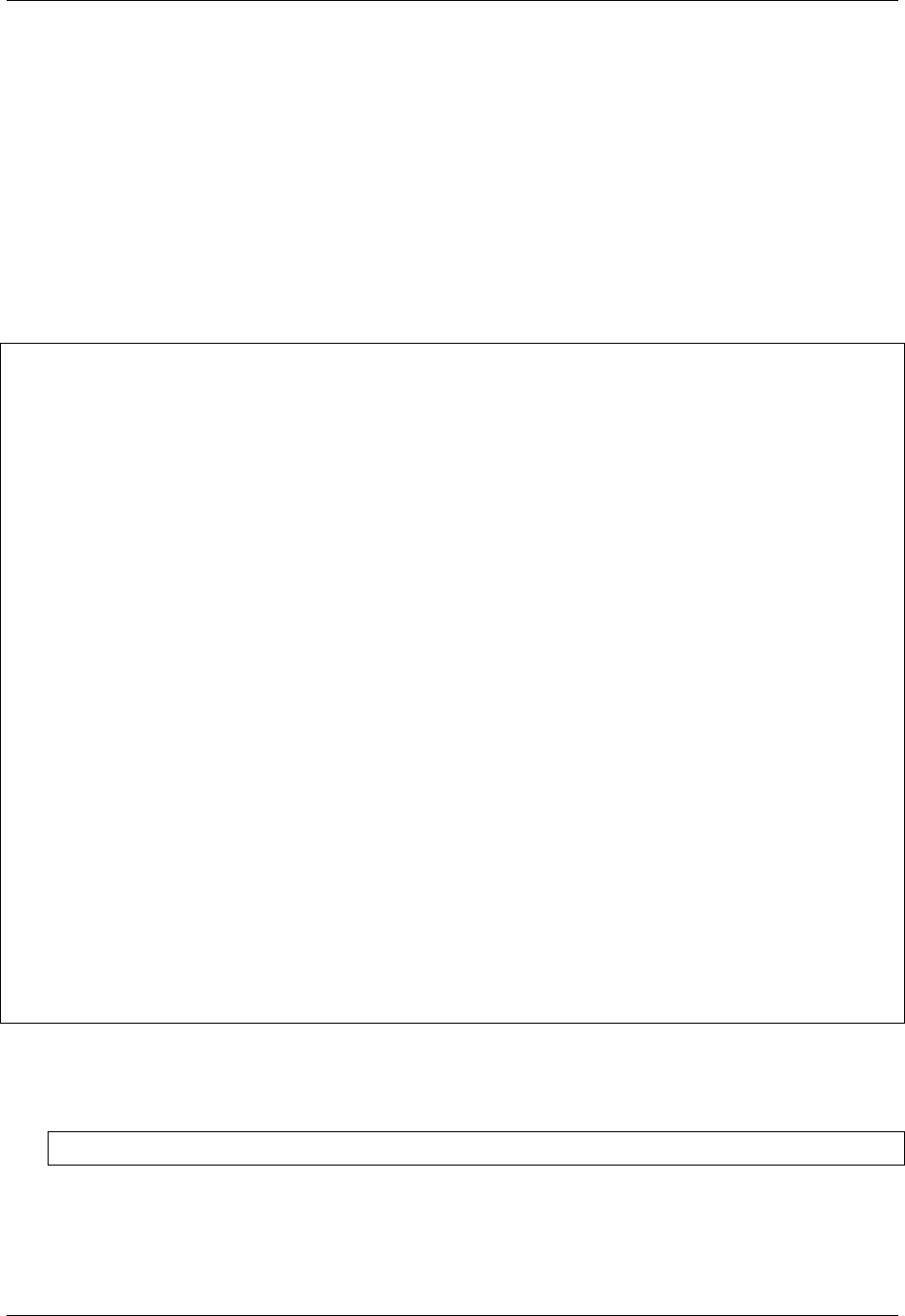
GeoServer User Manual, Release 2.15.1
The full list of formats that ogr2ogr is able to support is available on the OGR site. Mind that this output
format can handle only outputs that are file based and that do support creation. So, for example, you won’t
be able to use the Postgres output (since it’s database based) or the ArcInfo binary coverage (creation not
supported).
15.13.3 Customisation
If ogr2ogr is not available in the default path, the GDAL_DATA is not set, or if the output formats needs
tweaking, a ogr2ogr.xml file can be put in the root of the GeoServer data directory to customize the
output format.
The default GeoServer configuration is equivalent to the following xml file:
<OgrConfiguration>
<ogr2ogrLocation>ogr2ogr</ogr2ogrLocation>
<!-- <gdalData>...</gdalData> -->
<formats>
<Format>
<ogrFormat>MapInfo File</ogrFormat>
<formatName>OGR-TAB</formatName>
<fileExtension>.tab</fileExtension>
</Format>
<Format>
<ogrFormat>MapInfo File</ogrFormat>
<formatName>OGR-MIF</formatName>
<fileExtension>.mif</fileExtension>
<option>-dsco</option>
<option>FORMAT=MIF</option>
</Format>
<Format>
<ogrFormat>CSV</ogrFormat>
<formatName>OGR-CSV</formatName>
<fileExtension>.csv</fileExtension>
<singleFile>true</singleFile>
<mimeType>text/csv</mimeType>
</Format>
<Format>
<ogrFormat>KML</ogrFormat>
<formatName>OGR-KML</formatName>
<fileExtension>.kml</fileExtension>
<singleFile>true</singleFile>
<mimeType>application/vnd.google-earth.kml</mimeType>
</Format>
</formats>
</OgrConfiguration>
The file showcases all possible usage of the configuration elements:
•ogr2ogrLocation can be just ogr2ogr if the command is in the path, otherwise it should be the full
path to the executable. For example, on a Windows box with FWTools installed it might be:
<ogr2ogrLocation>c:\Programmi\FWTools2.2.8\bin\ogr2ogr.exe</ogr2ogrLocation>
•gdalData must point to the GDAL data directory. For example, on a Windows box with FWTools
installed it might be:
15.13. OGR based WFS Output Format 1621

GeoServer User Manual, Release 2.15.1
<gdalData>c:\Programmi\FWTools2.2.8\data</gdalData>
•Format defines a single format, which is defined by the following tags:
–ogrFormat: the name of the format to be passed to ogr2ogr with the -f option (it’s case sensi-
tive).
–formatName: is the name of the output format as advertised by GeoServer
–fileExtension: is the extension of the file generated after the translation, if any (can be omit-
ted)
–option: can be used to add one or more options to the ogr2ogr command line. As you can see
by the MIF example, each item must be contained in its own tag. You can get a full list of options
by running ogr2ogr –help or by visiting the ogr2ogr web page. Also consider that each format
supports specific creation options, listed in the description page for each format (for example,
here is the MapInfo one).
–singleFile (since 2.0.3): if true the output of the conversion is supposed to be a single file that
can be streamed directly back without the need to wrap it into a zip file
–mimeType (since 2.0.3): the mime type of the file returned when using singleFile. If not
specified application/octet-stream will be used as a default.
15.14 OGR based WPS Output Format
The OGR based WPS output format provides the ability to turn feature collection (vector layer) output
types into formats supported by OGR, using the same configuration and same machinery provided by the
OGR WFS output format (which should also be installed for the WPS portion to work).
Unlike the WFS case the WPS output formats are receiving different treatment in WPS responses depending
on whether they are binary, text, or xml, when the Execute response style chosen by the client is “docu-
ment”:
• Binary types need to be base64 encoded for XML embedding
• Text types need to be included inside a CDATA section
• XML types can be integrated in the response as-is
In order to understand the nature of the output format a new optional configuration element, <type>, can
be added to the ogr2ogr.xml configuration file in order to specify the output nature. The possible values
are binary,text,xml, in case the value is missing, binary is assumed. Here is an example showing all
possible combinations:
<OgrConfiguration>
<ogr2ogrLocation>ogr2ogr</ogr2ogrLocation>
<!-- <gdalData>...</gdalData> -->
<formats>
<Format>
<ogrFormat>MapInfo File</ogrFormat>
<formatName>OGR-TAB</formatName>
<fileExtension>.tab</fileExtension>
<type>binary</type> <!-- not really required, it’s the default -->
</Format>
<Format>
<ogrFormat>MapInfo File</ogrFormat>
<formatName>OGR-MIF</formatName>
1622 Chapter 15. Extensions

GeoServer User Manual, Release 2.15.1
<fileExtension>.mif</fileExtension>
<option>-dsco</option>
<option>FORMAT=MIF</option>
</Format>
<Format>
<ogrFormat>CSV</ogrFormat>
<formatName>OGR-CSV</formatName>
<fileExtension>.csv</fileExtension>
<singleFile>true</singleFile>
<mimeType>text/csv</mimeType>
<option>-lco</option>
<option>GEOMETRY=AS_WKT</option>
<type>text</type>
</Format>
<Format>
<ogrFormat>KML</ogrFormat>
<formatName>OGR-KML</formatName>
<fileExtension>.kml</fileExtension>
<singleFile>true</singleFile>
<mimeType>application/vnd.google-earth.kml</mimeType>
<type>xml</type>
</Format>
</formats>
</OgrConfiguration>
15.15 GeoServer Printing Module
The printing module for GeoServer allows easy hosting of the Mapfish printing service within a
GeoServer instance. The Mapfish printing module provides an HTTP API for printing that is useful within
JavaScript mapping applications. User interface components for interacting with the print service are avail-
able from the Mapfish and GeoExt projects.
15.15.1 Installation
• Download the extension (named like geoserver-<version>-printing-plugin.zip) from the
geoserver site download page.
• Extract the contents of the ZIP archive into the /WEB-INF/lib/ in the GeoServer webapp. For ex-
ample, if you have installed the GeoServer binary to /opt/geoserver-2.6/, the printing extension
JAR files should be placed in /opt/geoserver-2.6/webapps/geoserver/WEB-INF/lib/.
• After extracting the extension, restart GeoServer in order for the changes to take effect. All further
configuration can be done with GeoServer running.
15.15.2 Verifying Installation
On the first startup after installation, GeoServer should create a print module configuration file in
GEOSERVER_DATA_DIR/printing/config.yaml. Checking for this file’s existence is a quick way to
verify the module is installed properly. It is safe to edit this file; in fact there is currently no way to modify
the print module settings other than by opening this configuration file in a text editor.
15.15. GeoServer Printing Module 1623
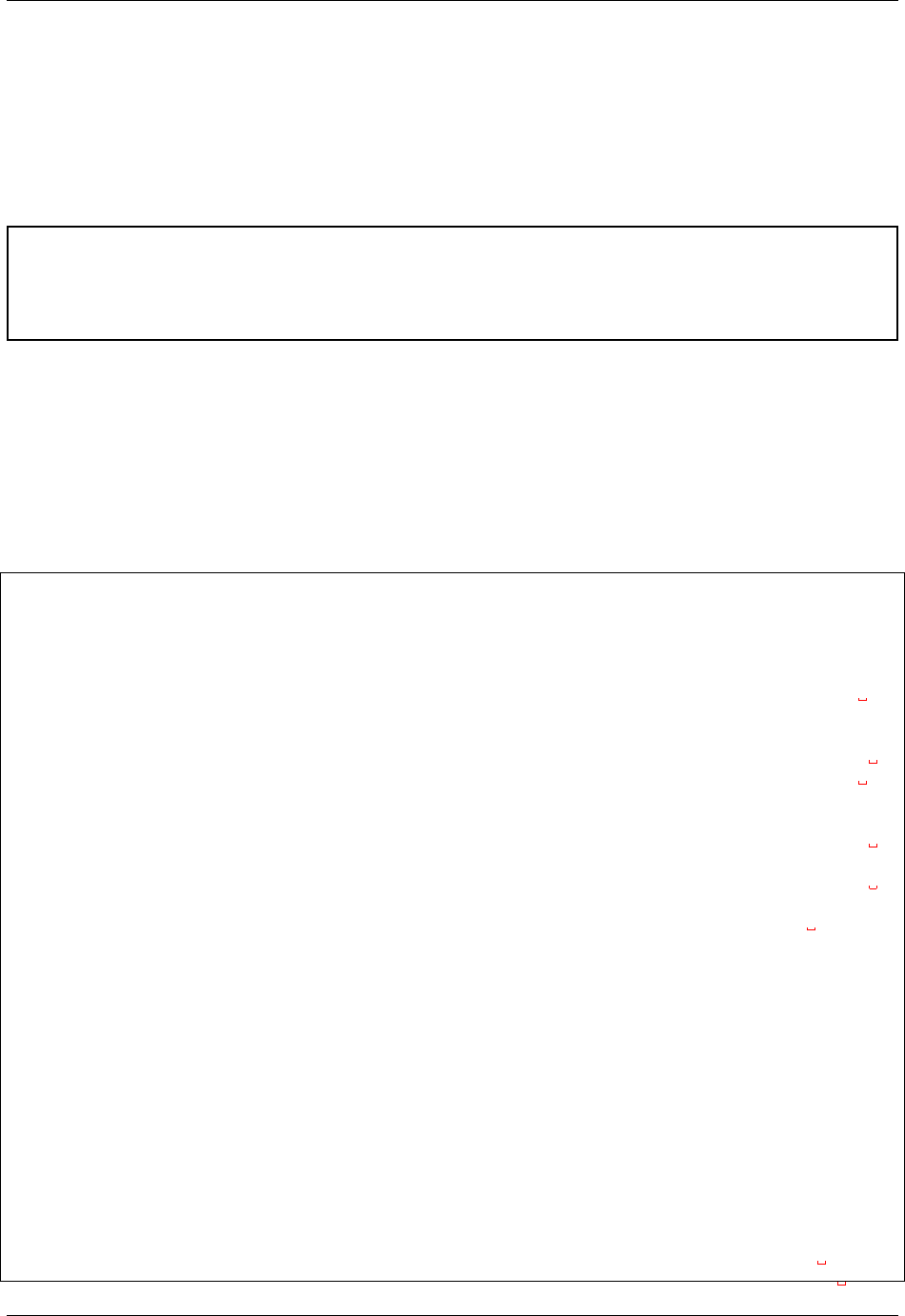
GeoServer User Manual, Release 2.15.1
If the module is installed and configured properly, then you will also be able to retrieve a list of configured
printing parameters from http://localhost:8080/geoserver/pdf/info.json . This service must be working
properly for JavaScript clients to use the printing service.
Finally, you can test printing in this sample page. You can load it directly to attempt to produce a map
from a GeoServer running at http://localhost:8080/geoserver/. If you are running at a different host and
port, you can download the file and modify it with your HTML editor of choice to use the proper URL.
Warning: This sample script points at the development version of GeoExt. You can modify it for
production use, but if you are going to do so you should also host your own, minified build of GeoExt
and OpenLayers. The libraries used in the sample are subject to change without notice, so pages using
them may change behavior without warning.
15.15.3 MapFish documentation
Configuration
The server side uses a YAML configuration file that defines the page layouts and allowed values. This file
is usually called config.yaml.
Here is the general structure:
dpis:
- 254
- 190
{...}
?maxSvgWidth: 2048 # set the maximum dimensions to 2048 points, this is useful when
,→using MapServer and a maximum dimension is there
?maxSvgHeight: 2048
?integerSvg: false # the library in MapServer <= 5.6 does not support floating point
,→values in the SVG coordinate space, set this to true if using a WMS that does not
,→support floating point values in SVG coordinates
?ignoreCapabilities: false # assume client is correct and do not load capabilities.
,→This is not recommended to be used unless you it fails when false (false is default)
?maxPrintTimeBeforeWarningInSeconds: 30 # if print jobs take longer than this then a
,→warning in the logs will be written along with the spec.
?printTimeoutMinutes: 5 # The maximum time to allow a print job to take before
,→cancelling the print job. The default is 5 (minutes)
?formats:
- pdf
- png
{...}
scales:
- 25000
- 50000
{...}
hosts:
- {HOST_WHITELIST_DEFINITION}
{...}
?localHostForward: # For request on map.example.com we build an http request on
,→localhost with the header Host=map.example.com, this is to don't pass throw the
,→proxy.
1624 Chapter 15. Extensions

GeoServer User Manual, Release 2.15.1
? from:
? - map.example.com
? https2http: True # For above hosts on request on https we build a request on http
?headers: ['Cookie','Referer']# The header that will be copyed to the tiles http
,→requests
?keys:
? - !key
? host: !dnsMatch
? host: maps.google.com
? port: 80
? domain: !dnsMatch
? host: localhost
? key: 1234456
? id: gmd-xyz
?fonts:
?-{PATH}
?globalParallelFetches: 5
?perHostParallelFetches: 5
?tilecacheMerging: false
?connectionTimeout: 30000 MF_V1.2
?socketTimeout: 180000 MF_V1.2
?outputFilename: Mapfish-print MF_V1.2
?disableScaleLocking: false
?brokenUrlPlaceholder: default MF_V2.0
?proxyBaseUrl: http://mapfishprint.org MF_V2.0
?tmsDefaultOriginX: 0.0f MF_V2.0
?tmsDefaultOriginY: 0.0f MF_V2.0
?security:
? - !basicAuth
? matcher: !dnsMatch
? host: www.camptocamp.com
? post: 443
? username: xyz
? password: zyx
? preemptive: true
? - !basicAuth
? username: abc
? password: bca
layouts:
{LAYOUT_NAME}:
? : Mapfish-print.pdf MF_V1.2
? metaData:
? {METADATA_DEFINITION}
? titlePage:
? {PAGE_DEFINITION}
mainPage:
? rotation: false
{PAGE_DEFINITION}
? lastPage:
? {PAGE_DEFINITION}
{...}
15.15. GeoServer Printing Module 1625

GeoServer User Manual, Release 2.15.1
Optional parts are shown with a question mark in the left margin. The question marks must not be put in
the configuration file. Their default values is shown.
Note: Sets of values like DPI can be entered in one of two forms:
dpi: [1,2,3,...]
or
dpis:
- 254
- 190
A chosen DPI value from the above configuration is used in WMS GetMap requests as an added for-
mat_options (GeoServer) or map_resolution (MapServer) parameter. This is used for symbol/label-
rescaling suitable for high resolution printouts, see GeoServer format_options specification (GeoServer 2.1)
and MapServer defresolution keyword (MapServer 5.6) for more information.
In general, PDF dimensions and positions are specified in points. 72 points == 1 inch == 25.4 mm.
The list of {HOST_WHITELIST_DEFINITION} defines the allowed URLs for getting maps. Its format will
be defined in the next sub-section.
The formats element lists the values formats that the server permits. If omitted only ‘pdf’ is permitted. If
the single element ‘*’ (quotes are required) is present then all formats that the server can produce can be
requested. The formats the server can produce depends to a large degree on how the Java is configured.
PDF is supported on all systems but for image output formats JAI and ImageIO is used which means both
must be on the server for them to be available. You can get the list of supported formats by running the
standalone client with the –clientConfig flag enabled (you will need to supply a yaml config file as well). If
you are using the servlet then do a get info request to see the list of formats (with the ‘*’ as the outputFormats
parameter in the config file).
You can have as many layouts as you want. Their name must be unique and will be used on the client side.
A layout can have a titlePage that will be added at the beginning of the generated document. It cannot
contain any map. Same for the lastPage, but for the end of the document. The mainPage section is
mandatory and will be used once for each page requested. The details of a {PAGE_DEFINITION} section
can be found in another sub-section of this document.
If you want to let the user rotate the map (for a given layout), you have to set the rotate field to true in
the corresponding mainPage section.
globalParallelFetches and perHostParallelFetches are used to tune the parallel loading of the
map tiles/images. If you want to disable the parallel loading, set globalParallelFetches to 1.
New versions of tilecache added the support for merging multiple layers in a single WMS request. If you
want to use this functionality, set the tilecacheMerging attribute to true.
connectionTimeout and socketTimeout (only since MapFish v1.2) can be used to tune the timeouts
for reading tiles from map servers.
If the outputFilename parameter is defined in the main body then that name will be used by the Map-
PrintServlet when sending the pdf to the client. It will be the name of the file that the client downloads.
If the ‘outputFilename’ parameter is defined in a layout then that value will override the default name. In
both cases the .pdf is optional; if not present the server will append .pdf to the name. In all cases the json
request can override the filename defined in the configuration file by posting a ‘outputFilename’ attribute
in the posted JSON. If the outputFilename has ${date}, ${time} or ${dateTime} in it, it will be replaced with
the current date using the related DateFormat.get*Instance().format() method. If a pattern is provided it
will be passed to SimpleDataFormat for processing. A few examples follow:
• outputFilename: host-${yyyyMMdd}.pdf # results in host-20111213.pdf
1626 Chapter 15. Extensions

GeoServer User Manual, Release 2.15.1
• outputFilename: host-${date} # results in host-Dec_13_2011.pdf (actual output depends on locale
of server)
• outputFilename: host-${dateTime} # results in host-Dec_13_2011_1:10:50_PM.pdf (actual output
depends on locale of server)
• outputFilename: host-${time}.pdf # results in host-1:11:14_PM.pdf (actual output depends on
locale of server)
• outputFilename: host-${yyMMdd-hhmmss} # results in host-111213-011154.pdf (actual output de-
pends on locale of server)
disableScaleLocking allows you to bypass the choosing of scale from the available factors, and simply
use the suggested value produced inside MapBlock.java.
brokenUrlPlaceholder the placeholder image to use in the case of a broken url. By default, when a
url request fails, an error is thrown and the pdf process terminates. However if this parameter is set then
instead a placeholder image is returned. Non-null values are:
•default - use the system default image.
•throw - throw an exception.
• <url> - obtain the image from the supplied url. If this url is broken then an exception will be thrown.
This can be anytype of valid url from a file url to https url.
proxyBaseUrl the optional url of the proxy between mapfish-print and the internet. This is the url base
that will be in the info.json response. On occasion the url or port of the web server containing mapfish-print
is not the server that is public to the internet and the requests are proxied to the mapfish-print webserver. In
this case it is important for the info.json request to return the public URL instead of the url of the webserver.
tmsDefaultOriginX By default this is null. If non-null then TmsMapReader will use this as the origin x
value if null then the origin will be derived from the maxExtent parameter.
tmsDefaultOriginY By default this is null. If non-null then TmsMapReader will use this as the origin y
value if null then the origin will be derived from the maxExtent parameter.
Security
Both Keys and Security are options for accessing protected services. Keys are currently for Google maps
premium accounts and Security is for other types and is more general Currently only BasicAuth is sup-
ported but other strategies can easily be added
security:
-!basicAuth
matcher: !dnsMatch
host: www.camptocamp.com
post: 443
username: xyz
password: zyx
preemptive: true
-!basicAuth
username: abc
password: cba
The above example has 2 security configuration. Each option is tested (in order) to see if it can be used for
the given URI and if it applies it is used to configure requests for the URI. In the above example the first
configuration will be used if the URI matches the hostmatcher provided if not then the second configuration
will be applied. The last configuration has no host matcher so it is applied to all URIs.
15.15. GeoServer Printing Module 1627
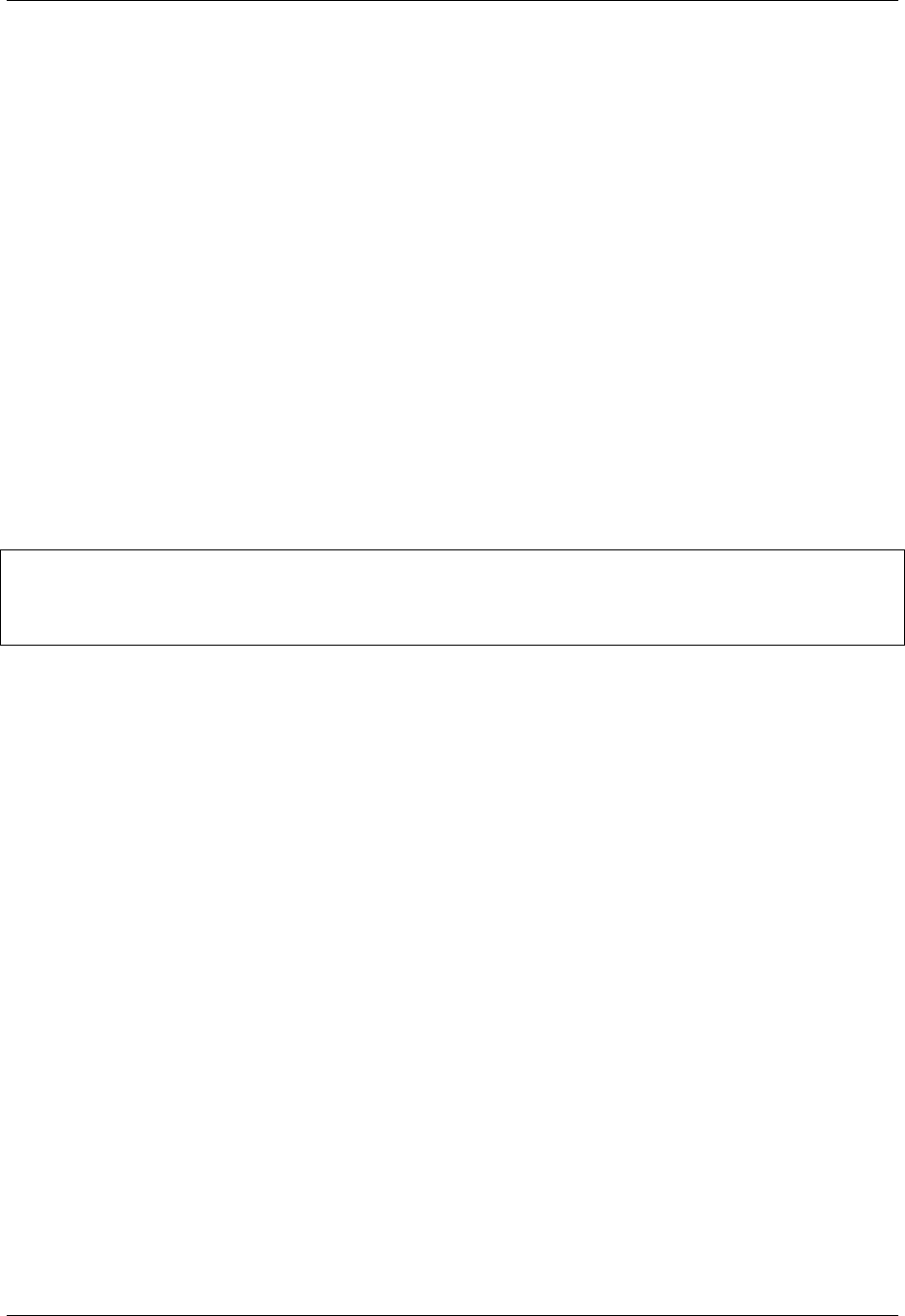
GeoServer User Manual, Release 2.15.1
A basicAuth security configuration consists of 4 options
• matcher - a host matcher for determining which requests need the security to be applied
• username - username for basicauth
• password - password for basicauth
• preemptive - optional, but for cases where the credentials need to be sent without the challenge
Keys
Google maps currently requires a private key to be used (we only support users Google maps premium
accounts).
The keys section allows a key to be mapped to hosts. The hosts are identified with host matchers that are
described in the <configuration.html#host-whitelist-definition> sub-section.
In addition a domain hostmatcher can be used to select a key based on the domain of the local server. This
can be useful if the same configuration is used in a test environment and a production environment with
differing domains. For example mapfish.org and mapfish.net.
Finally google maps (for example) requires a client id as well that is associated with the private key. There
for in the case of google premium services a legal key would be:
keys:
-!key
key: yxcvyxvcyxvyx
id: gme-xxxcs
Thanks to the hosts and domain matcher it is possible to have a key for google maps and (for future proof-
ing) a different key for a different service.
Fonts definition
The fonts section is optional. It contains the path of the fonts you want to use. The entries can point to
files (TTF, OTF, TTC, AFM, PFM) or directories. Don’t point to directories containing too many files since
it will slow down the start time. By default, PDF gives you access to the following fonts (Cp1252 encoding
only):
• Courrier (-Bold, -Oblique, -BoldOblique)
• Helvetica (-Bold, -Oblique, -BoldOblique)
• Times (-Roman, -Bold, -Oblique, -BoldOblique)
• Symbol
• ZapfDingbats
Host whitelist definition
In this section, you can put as many entries as you want, even for the same type of filter. If at least one
matches, the Map server can be used.
This section is not for defining which client can request maps. It is just here to avoid having the print
module used as a proxy to access documents from computers behind firewalls.
There are 3 ways to whitelist a host.
1628 Chapter 15. Extensions
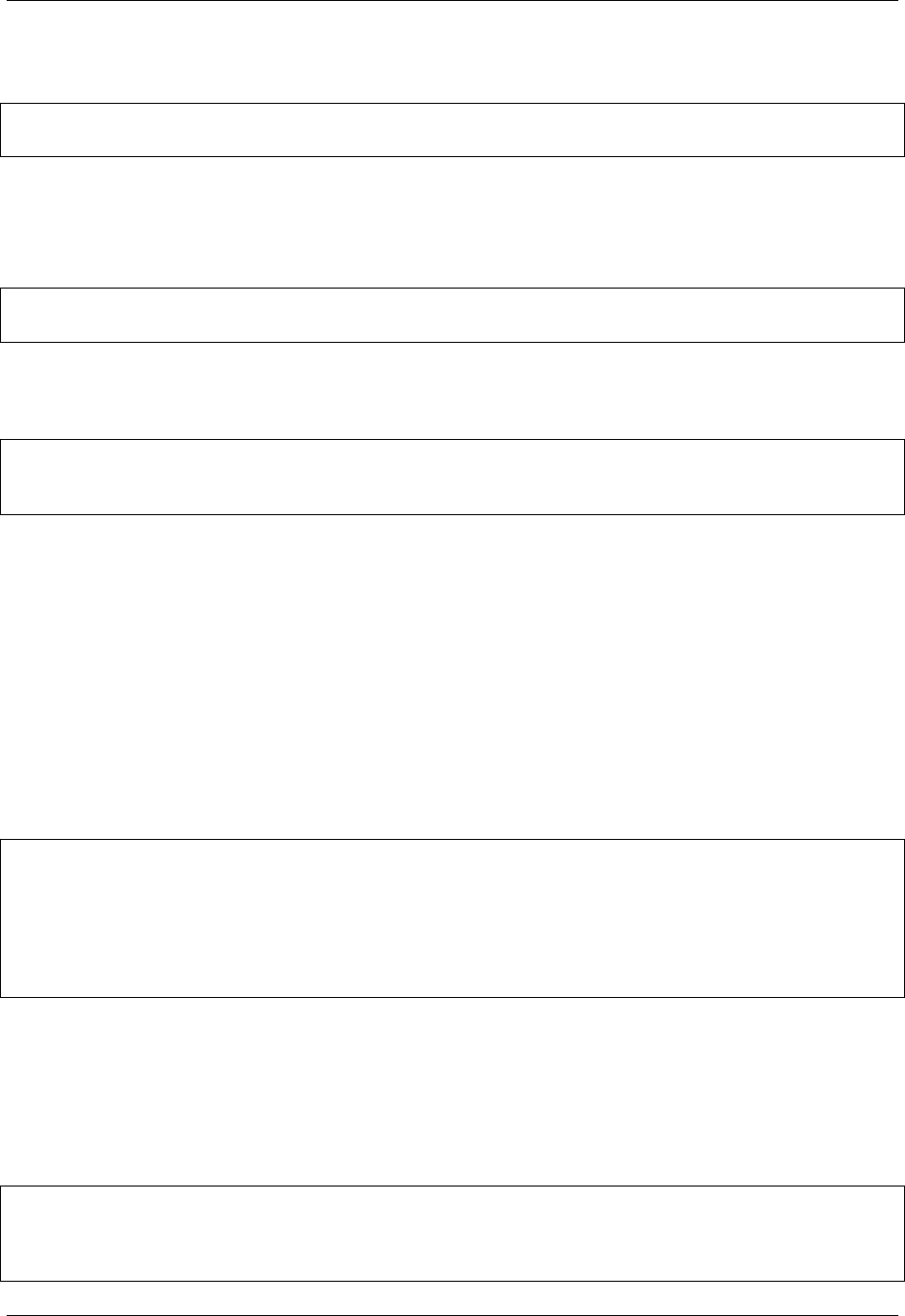
GeoServer User Manual, Release 2.15.1
Allowing every local services:
-!localMatch
dummy: true
The dummy parameter is ignored, but mandatory to avoid a limitation in the YAML format.
Allowing by DNS name:
-!dnsMatch
host: labs.metacarta.com
Allowing by IP address:
-!ipMatch
ip: www.camptocamp.org
? mask: 255.255.255.255
The ip parameter can be a DNS name that will be resolved or directly an IP address.
All the methods accept the following optional parameters:
• port: to limit to a certain TCP port
• pathRegexp: a regexp that must match the path part of the URL (before the ‘?’).
Metadata definition
Allow to add some metadata to the generated PDF. They are visible in acroread in the File->Properties
menu.
The structure is like that:
metaData:
? title: ''
? author: ''
? subject: ''
? keywords: ''
? creator: ''
? supportLegacyReader: false
All fields are optional and can use global variables, as defined in the Block definition chapter. Page specific
variables are not accessible.
Page definition
The structure is like that:
pageSize: A4
? landscape: false
? marginLeft: 40
? marginRight: 40
15.15. GeoServer Printing Module 1629
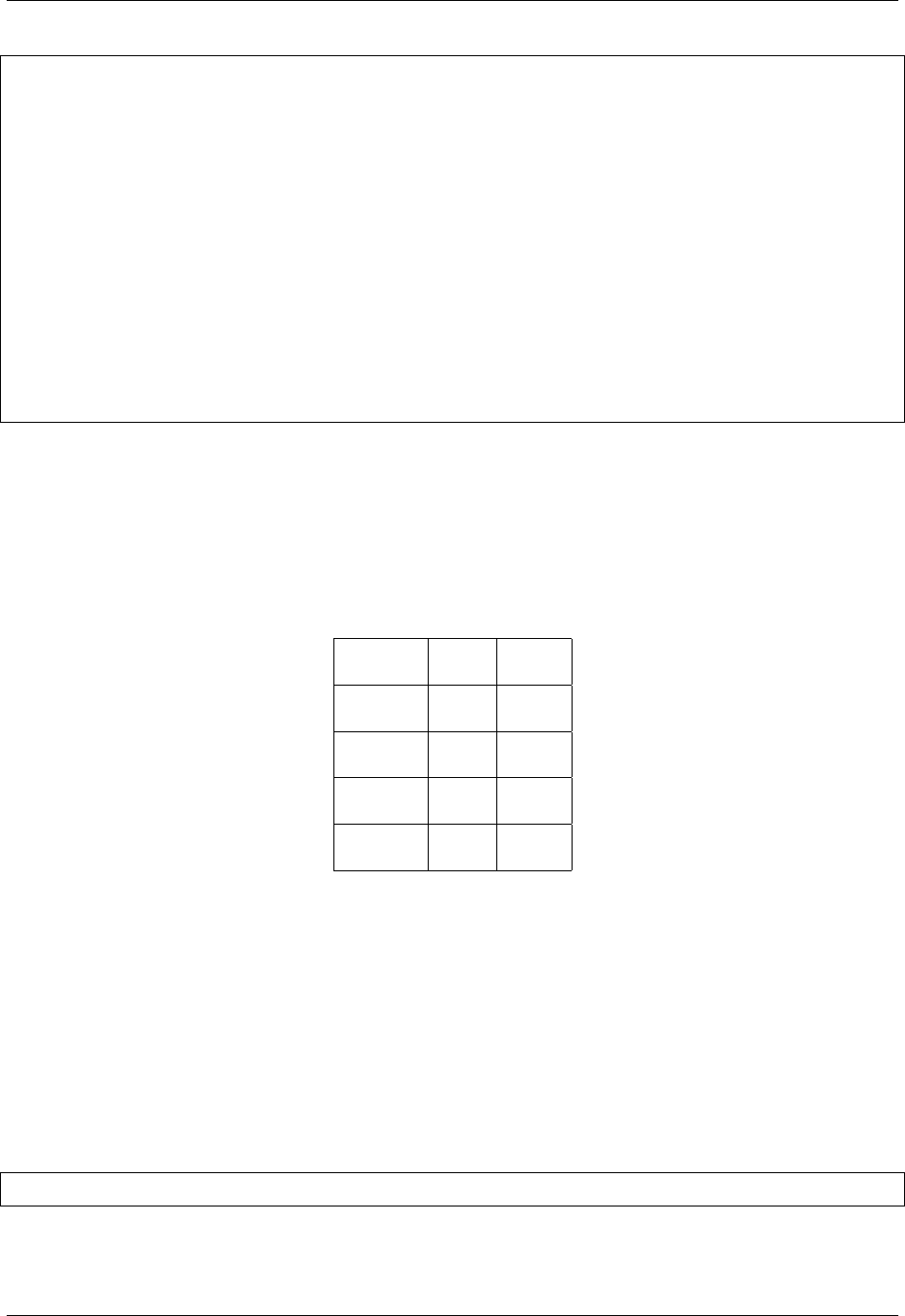
GeoServer User Manual, Release 2.15.1
? marginTop: 20
? marginBottom: 20
? backgroundPdf: template.pdf
? condition: null
? header:
height: 50
items:
- {BLOCK_DEFINITION}
{...}
items:
- {BLOCK_DEFINITION}
{...}
? footer:
height: 50
items:
- {BLOCK_DEFINITION}
{...}
With the condition we can completely hide a page, same behavior than in block.
If backgroundPdf is specified, the first page of the given PDF file will be added as background of every
page.
The header and footer sections are optional. If the items that are in the main section are too big, more
pages are generated. The header and footer will be drawn on those pages as well.
Here is a short list of supported pageSizes:
name width height
LETTER 612 792
LEGAL 612 1008
A4 595 842
A3 842 1191
The complete list can be found in http://api.itextpdf.com/itext/com/itextpdf/text/PageSize.html. If you
want to use a custom page size, you can set pageSize to the width and the height separated by a space.
Block definition
The next sub-sections document the possible types of blocks.
In general, text values or URLs can contain values taken from the spec structure coming with the client’s
request. A syntax similar to shell is used: ${variableName}. If the current page is a titlePage, only the root
values are taken. If it’s a mainPage, the service will first look in the current page section then in the root
values. Here is how to use this functionality:
text: 'The value of mapTitle is: ${mapTitle}'
Some virtual variables can be used:
• ${pageNum}: The current page number.
1630 Chapter 15. Extensions

GeoServer User Manual, Release 2.15.1
• ${pageTot}: The total number of pages. Can be used only in text blocks.
• ${now}: The current date and time as defined by the machine’s locale.
• ${now FORMAT}: The current date and time as defined by the FORMAT string. The syntax is here:
http://java.sun.com/j2se/1.5.0/docs/api/java/text/SimpleDateFormat.html.
• ${configDir}: The absolute path to the directory of the configuration file.
• ${format PRINTF VAR}: Format the value of VAR using the provided PRINTF format (for example:
%,d).
All the blocks can have a condition attribute that takes a spec attribute name. If the attribute name exists
and is not equal to false or 0, the block is drawn. Otherwise, it is ignored. An exclamation mark may
precede the condition to invert it, exclamation mark is part of yaml syntax, than the expression should be
in quotes.
Example: show text block only if in the spec the attribute name showText is given, is not equal to false
and not equal to 0:
-!text
text: 'mytext'
condition: showText
Text block
-!text
? font: Helvetica
? fontSize: 12
? fontEncoding: Cp1252
? fontColor: black
? spacingAfter: 0
? align: left
? vertAlign: middle
? backgroundColor: #FFFFFF
text: 'Blahblah'
Typical fontEncoding values are:
• Cp1250
• Cp1252
• Cp1257
• Identity-H (horizontal UTF-8)
• Identity-V (vertical UTF-8)
• MacRoman
The font must refer to a standard PDF font or a declared font.
Image block
-!image
maxWidth: 200
maxHeight: 100
? spacingAfter: 0
15.15. GeoServer Printing Module 1631
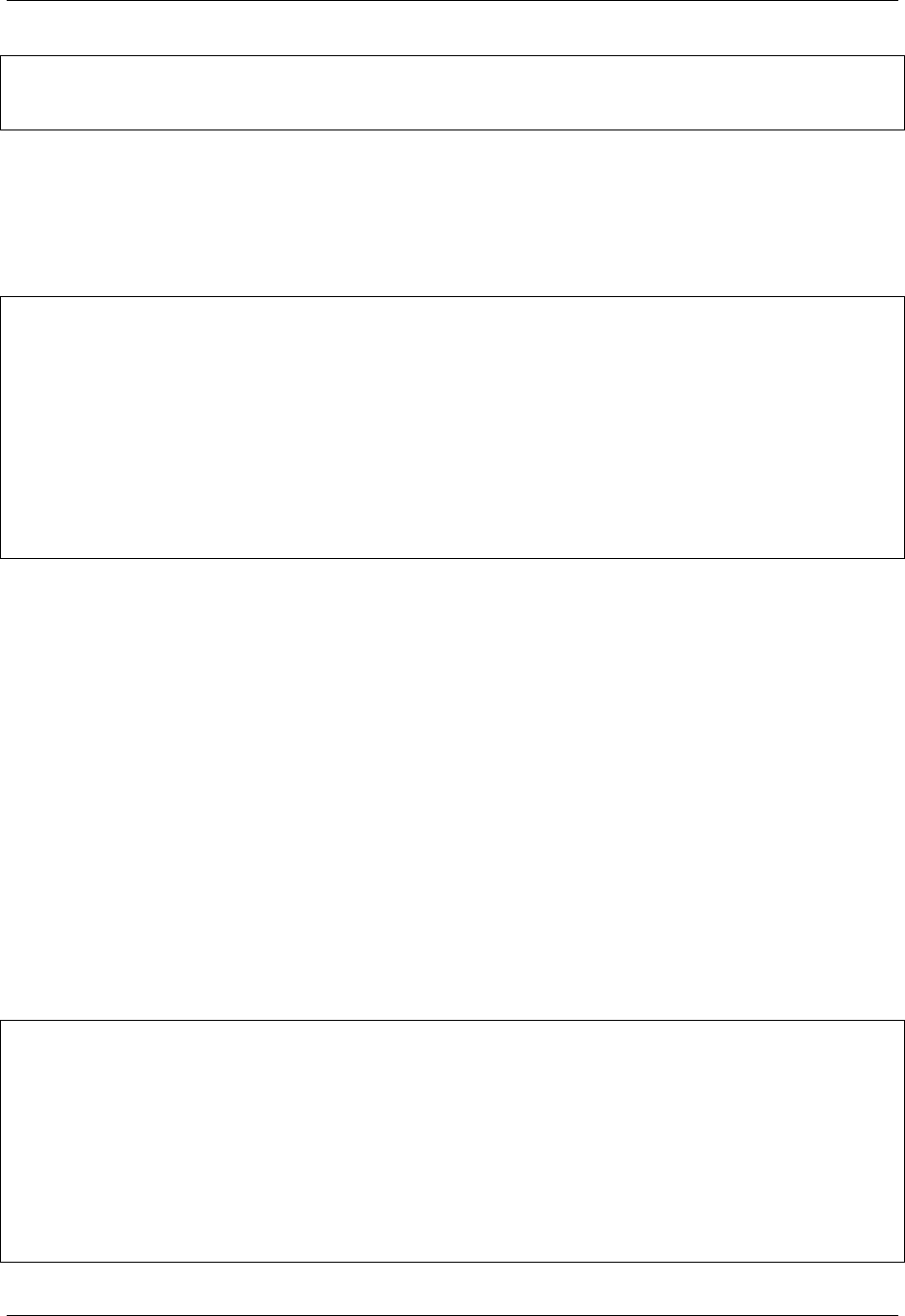
GeoServer User Manual, Release 2.15.1
? align: left
? vertAlign: middle
url: http://trac.mapfish.org/trac/mapfish/chrome/site/img/mapfish.png
Supported formats are PNG, GIF, Jpeg, Jpeg2000, BMP, WMF (vector), SVG and TIFF.
The original aspect ratio will be respected. The url can contain ${} variables.
Columns block
-!columns
? config: {TABLE_CONFIG}
? widths: [25,25,25,25]
? backgroundColor: #FFFFFF
? absoluteX: null
? absoluteY: null
? width: {PAGE_WIDTH}
? spacingAfter: 0
? nbColumns: -1
items:
- {BLOCK_DEFINITION}
{...}
Can be called !table as well.
By default, the width of the columns will be equal.
Each item will be in its own column.
If the absoluteX,absoluteY and width are given, the columns block will be floating on top of the page at
the specified position.
The widths attribute can be used to change the width of the columns (by default, they have the
same width). It must contain one integer for each column. The width of a given column is
tableWidth*columnWeight/sum(columnWeight).
Every block type is allowed except for map if the column has an absolute position.
Look at <http://trac.mapfish.org/trac/mapfish/wiki/PrintModuleServer#Tableconfiguration to know
how to specify the config field.
Map block
Allowed only within a mainPage.
-!map
width: {WIDTH}
height: {HEIGHT}
? name: map
? spacingAfter: 0
? align: left
? vertAlign: middle
? absoluteX: null
? absoluteY: null
? overviewMap: null
? backgroundColor: #FFFFFF
1632 Chapter 15. Extensions

GeoServer User Manual, Release 2.15.1
width and height are mandatory. You can use variable substitution in this part, but if you do
so, the browser won’t receive the map size when it calls info.json. You’ll have to override map-
fish.widgets.print.Base.configReceived and set the map width and height of your layouts.
If the absoluteX and absoluteY are given, the map block will be floating on top of the page at the specified
position.
The name is what will be displayed in the Acrobat’s reader layer panel. The map layers will be displayed
bellow it.
If overviewMap is specified, the map will be an overview of the extent augmented by the given factor.
There are few cases to consider with map overviews:
1. If there is no overview overrides and no OL.Control.MapOverview, then all the layers will figure in
the PDF map overview.
2. If there are overview overrides, the OL map overview control is ignored.
3. If there are no overview overrides and there is an OL.Control.MapOverview (takes the first one), then
the layers defined in the control are taken into account. By default it is the current base layer.
Scalebar block
Display a scalebar.
Allowed only within a mainPage.
-!scalebar
maxSize: 150
? type: line
? intervals: 3
? subIntervals: false
? units: m
? barSize: 5
? lineWidth: 1
? barDirection: up
? textDirection: up
? labelDistance: 3
? font: Helvetica
? fontSize: 12
? fontColor: black
? color: #000000
? barBgColor: null
? spacingAfter: 0
? align: left
? vertAlign: middle
? backgroundColor: #FFFFFF
? lockUnits: true
The scalebar, will adapt its width up to maxSize (includes the labels) in order to have a multiple of 1, 2 or 5
values at each graduation. For example:
• 0, 1, 2, . . .
• 0, 2, 4, . . .
• 0, 5, 10, . . .
• 0, 10, 20, . . .
15.15. GeoServer Printing Module 1633
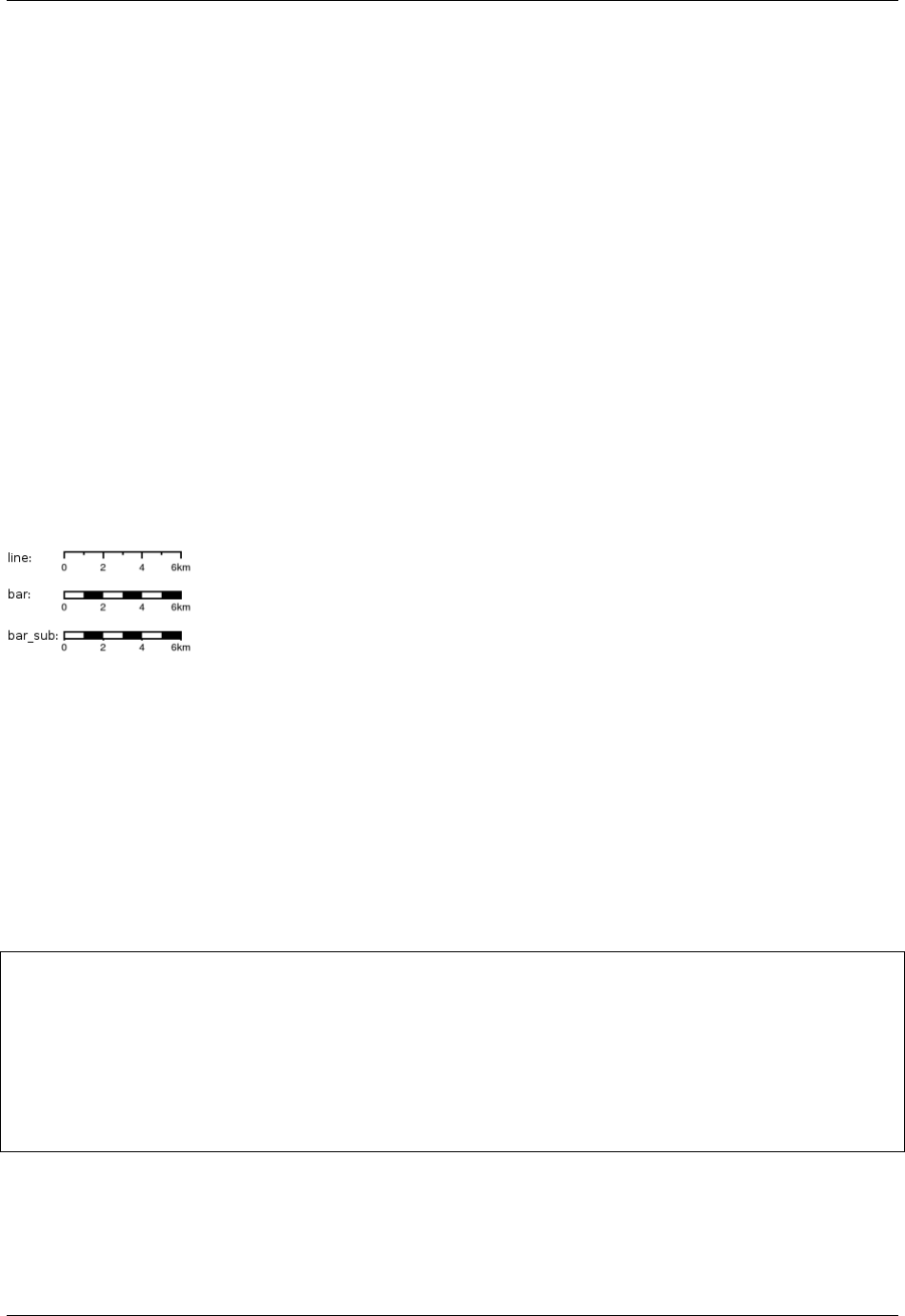
GeoServer User Manual, Release 2.15.1
The barSize is the thickness of the bar or the height of the tick marks on the line. The lineWith is for the
thickness of the lines (or bar border).
Units can be any of:
• m (mm, cm, m or km)
• ft (in, ft, yd, mi)
• degrees (min, sec, °)
If the value is too big or too small, the module will switch to one of the unit in parenthesis (the same unit
is used for every intervals). If this behaviour is not desired, the lockUnits parameter will force the declared
unit (or map unit if no unit is declared) to be used for the scalebar.
The number of intervals can be set to anything >=2. Labels are drawn only at main intervals. If there is no
space to display a label at a certain interval, this label won’t be displayed. If subIntervals are enabled, their
number will depend on the length of an interval.
The type can be:
• line: A simple line with graduations
• bar: A thick bar with a suite of color and barBgColor blocks.
• bar_sub: Like bar, but with little lines for labels.
The bar and/or text orientation can be set to up,down,left or right.
The align attribute is for placing the whole scalebar withing the surrounding column or page. The vertAlign
attribute is used only when placed in a column.
Labels are always centered on the graduation, at a distance specified by labelDistance.
Attributes block
Allows to display a table of the displayed feature’s attributes.
Allowed only within a mainPage.
-!attributes
source: results
? tableConfig: {TABLE_CONFIG}
columnDefs:
{COLUMN_NAME}:
? columnWeight: 0 MF_V1.2
header: {BLOCK_DEFINITION}
cell: {BLOCK_DEFINITION}
{...}
Look here for how to specify the tableConfig field.
The columnWeigth (MF_V1.2 only) allows to define a weight for the column width. If you spec-
ify it for one column, you have to specify it for all of them. The width of a given column is
tableWidth*columnWeight/sum(columnWeight).
1634 Chapter 15. Extensions
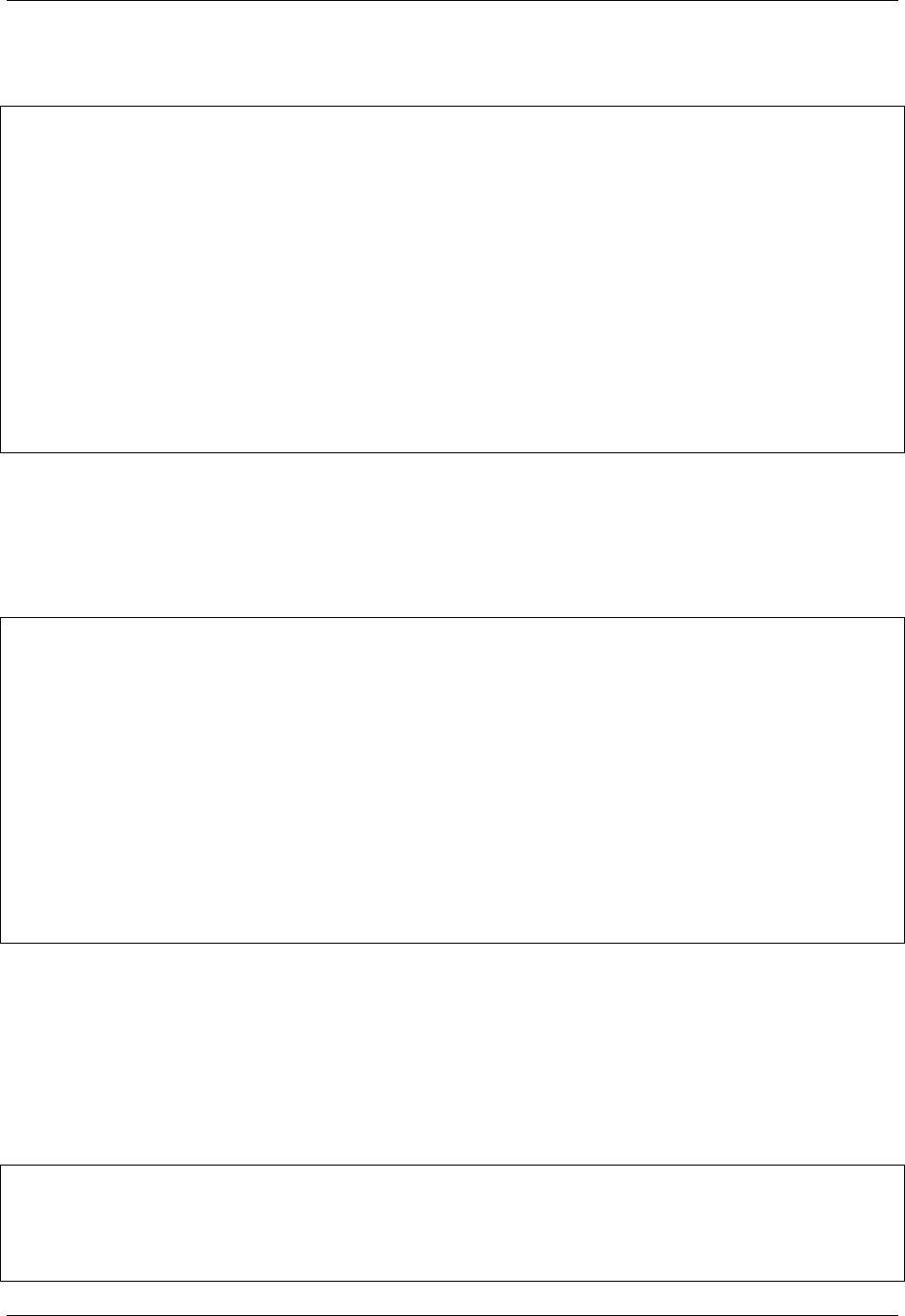
GeoServer User Manual, Release 2.15.1
The source value defines the name of the entry in the root of the client’s spec. For example, it would look
like that:
{
...
pages: [
{
...
results: {
data: [
{id:1,name:'blah',icon:'icon_pan'},
...
],
columns: ['id','name','icon']
}
}
]
...
}
With this spec you would have to define 3 columnDefs with the names id,name and icon. Each cell
definition blocks have access to all the values of the current row.
The spec part is filled automatically by the 2 MapFish widgets when their grids parameter is set.
Here is a crazy example of columnDef that will show the name of the icon and it’s bitmap side-by-side
inside a single column:
columnDefs:
icon:
header: !text
text: Symbol
backgroundColor: #A0A0A0
cell: !columns
items:
-!text
text: '${icon}'
-!image
align: center
maxWidth: 15
maxHeight: 15
url: 'http://www.mapfish.org/svn/mapfish/trunk/MapFish/client/mfbase/
,→mapfish/img/${icon}.png'
A more complex example can be found in SVN: config.yaml spec.json
The print widgets are able to fill the spec for you based on a dictionary of Ext.grid.GridPanel. Just pass
them through the grids parameter.
Legends block
Display each layers along with its classes (icons and labels).
-!legends
? backgroundColor: #FFFFFF
? borders: false
? horizontalAlignment: center
? maxWidth: 0
15.15. GeoServer Printing Module 1635

GeoServer User Manual, Release 2.15.1
? maxHeight: 0
? iconMaxWidth: 0
? iconMaxHeight: 8
? iconPadding: 8 7 6 5
? textMaxWidth: 8
? textMaxHeight: 8
? textPadding: 8 7 6 5
? defaultScale: 1.0
? inline: true
? classIndentation: 20
? layerSpaceBefore: 5
? layerSpace: 5
? classSpace: 2
? layerFont: Helvetica
? layerFontSize: 10
? classFont: Helvetica
? classFontSize: 8
? fontEncoding: Cp1252
? columnMargin: 3
borders is mainly for debugging purpouses and shows all borders in the legend tables. This can be either
‘true’ or ‘false’.
horizontalAlignment can be left, right or center (default) and aligns all items left, right or in the center.
iconMaxWidth,iconMaxHeight,defaultScale with value of 0 indicate that the value will be ignored, i.e.
the values are automatically set to the equivalent of Infinity, Infinity and 1 respectively. If the legends URL
passed to MapFish (see http://mapfish.org/doc/print/protocol.html#print-pdf) are obtained from a WMS
GetLegendGraphic request, the width/height are only indicative (even more when a label text is included
with LEGEND_OPTIONS/forceLabels parameter) and it would be safer, in order to preserve scale coherence
between legends and map, to set iconMaxWidth and iconMaxHeight to zero.
textMaxWidth/Height and iconMaxWidth/Height define how wide/high the text/icon cells of a legend
item can be. At this point textMaxHeight is ignored.
textPadding and iconPadding can be used like standard CSS padding. In the above example 8 is the
padding top, 7 padding right, 6 padding bottom and 5 padding left.
if inline is true icons and text are rendered on the same line, BUT multicolumn is still enabled.
if maxWidth is set the whole legend gets a maximum width, just like other blocks. Note that maxWidth
does not have any impact on icons size, thus icons may overflow outside the legends block.
if maxHeight is set the whole legend gets a maximum height. This forces more than one column to appear
if the legend is higher than the specified value. This can be used to enable the multi-column layout. 0 makes
the maxHeight= max value, i.e. the equivalent of infinity.
if defaultScale is non null it means that the legend image will be scaled so it doesn’t take the full space. This
can be overriden for individual classes in the spec JSON sent to the print module by adding an attribute
called ‘scale’ and giving it a number. In conjunction with iconMaxWidth/Height this can be used to control
average and also maximum width/height. If defaultScale equals 1, one pixel is scaled to one point (1/72
inch) in generated PDF. By default, as GeoServer legends are generated with ~90 dpi resolution (exactly
25.4/0.28), setting defaultScale value to 0.7937 (72*0.28/25.4) produces legend icons of same size as corre-
sponding map icons. As the LEGEND_OPTIONS/dpi GeoServer parameter is not handled by MapFish, the
resolution will necessary be ~91 dpi, which may cause visual quality difference with the map.
For this to work, you need to set the layerTree config option on MF print widgets, more precisely the
legends should be present in the print.pdf JSON request.
layerSpaceBefore is to specify the space before the second and consecutive layers.
1636 Chapter 15. Extensions
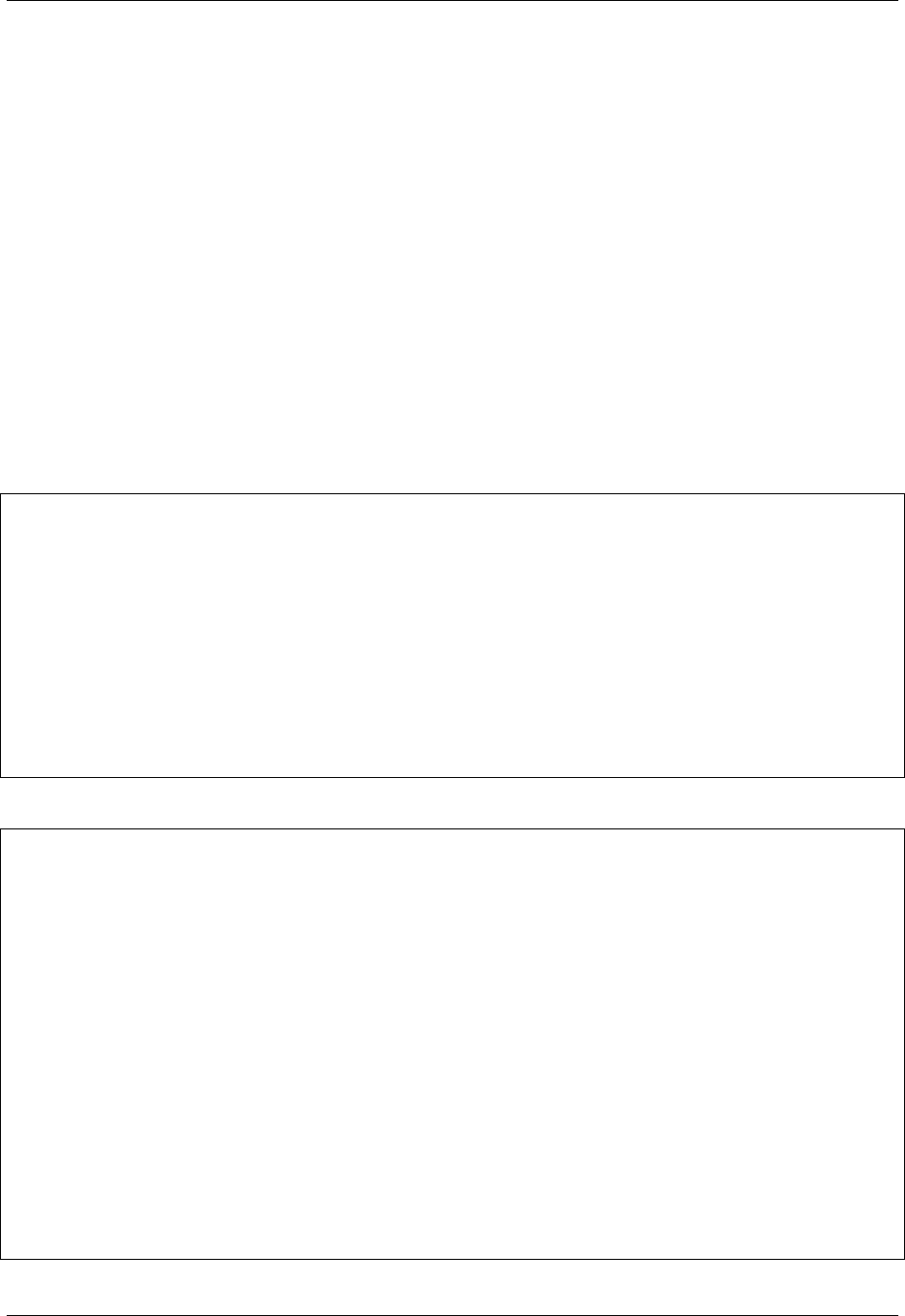
GeoServer User Manual, Release 2.15.1
layerSpace and classSpace is to specify the line space to add after layers and classes.
columnMaxWidth maximum width of a column in multi-column layout. Not tested (at time of writing).
classIndentation amount of points to indent classes by.
layerSpaceBefore if a layer is after another one, this defines the amount of space to have before it. This will
not be applied if the layer is the first item in its column in multi-column layout.
layerFont font of layer name legend items.
layerFontSize font size of layer name.
classFont font of class legend items.
classFontSize font size of class.
fontEncoding (see below)
Table configuration
The columns block and the attributes block can take a table configuration object like that:
config:
? borderWidth: 0
? borderWidthLeft: 0
? borderWidthRight: 0
? borderWidthTop: 0
? borderWidthBottom: 0
? borderColor: black
? borderColorLeft: black
? borderColorRight: black
? borderColorTop: black
? borderColorBottom: black
? cells:
? - {CELL_CONFIGURATION}
A cell configuration looks like that:
? row: {...}
? col: {...}
? borderWidth: 0
? borderWidthLeft: 0
? borderWidthRight: 0
? borderWidthTop: 0
? borderWidthBottom: 0
? borderColor: black
? borderColorLeft: black
? borderColorRight: black
? borderColorTop: black
? borderColorBottom: black
? padding: 0
? paddingLeft: 0
? paddingRight: 0
? paddingTop: 0
? paddingBottom: 0
? backgroundColor: white
? align: LEFT
? vertAlign: TOP
15.15. GeoServer Printing Module 1637
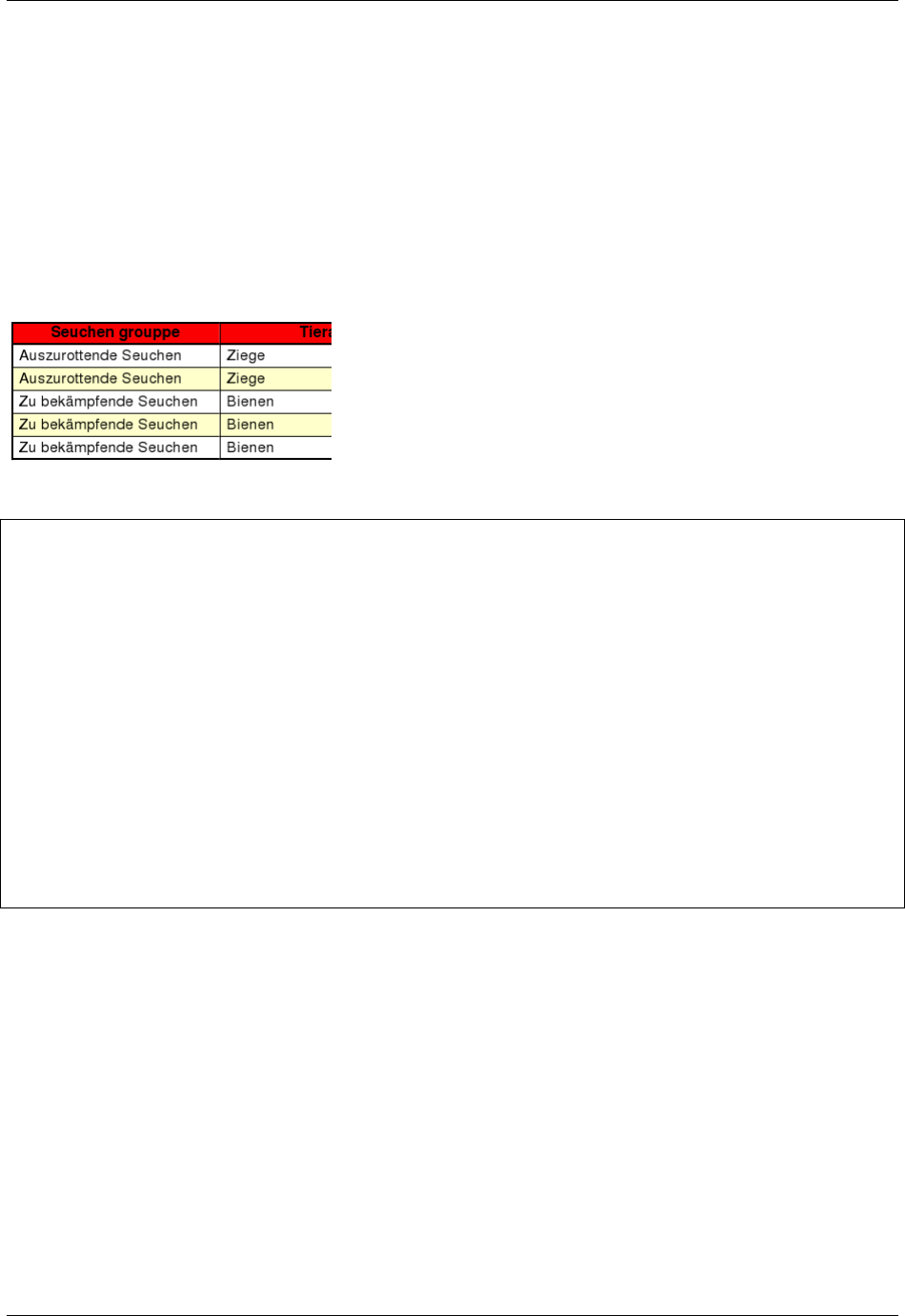
GeoServer User Manual, Release 2.15.1
The stuff configured at table level is for the table border, not every cell.
The cells list defines overrides for some cells. The cells an override is applied to is defined by the row and
col attribute. Those attributes can have several formats:
•0: apply only to row or column 0 (the first)
•0-10: applies only the row or columns from 0 to 10
• or you can use any regular expression
Every matching overrides is applied in order and will override the values defined in the previous ones.
For example, if you want to draw an attribute block like that:
You define that:
-!attributes
tableConfig:
borderWidth: 1
cells:
# match every cell (default cell formatting)
- borderWidthBottom: 0.5
borderWidthLeft: 0.5
padding: 4
paddingTop: 0
# match every even cell (yellowish background)
- row: '\d*[02468]'
backgroundColor: #FFFFCC
# for the header
- row: 0
borderWidthBottom: 1
backgroundColor: #FA0002
align: center
{...}
Warranty disclaimer and license
The authors provide these documents “AS-IS”, without warranty of any kind either expressed or implied.
Document under Creative Common License Attribution-Share Alike 2.5 Generic.
Authors: MapFish developers.
Protocol
Four commands are available and are documented in the next sections.
Every command uses the HTTP status code to notify errors.
1638 Chapter 15. Extensions
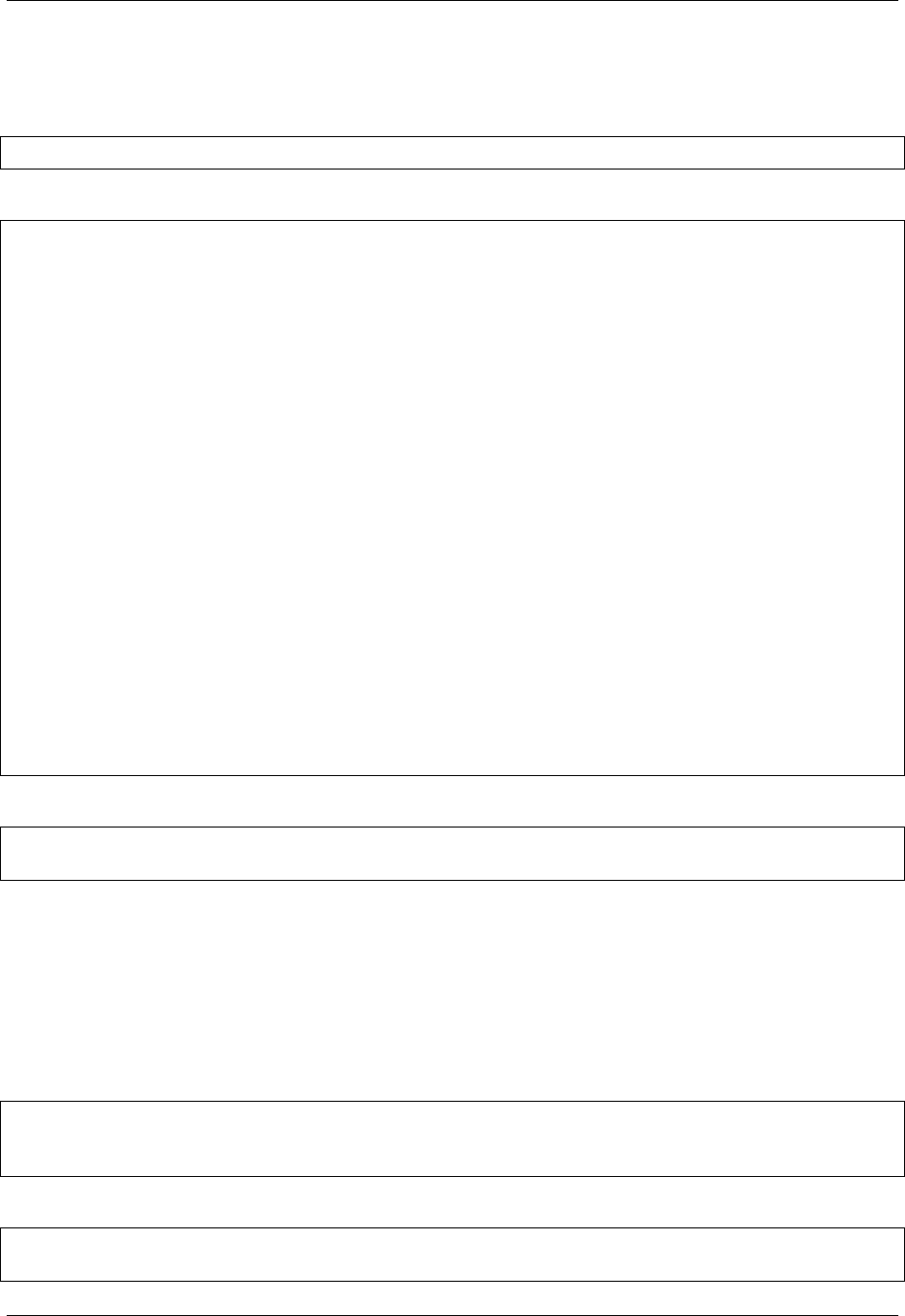
GeoServer User Manual, Release 2.15.1
info.json
HTTP command:
GET {PRINT_URL}/info.json?url={PRINT_URL}%2Finfo.json&var=printConfig
Returns a JSON structure as such:
var printConfig ={
"scales":[
{"name":"25000"},
{"name":"50000"},
{"name":"100000"}
],
"dpis":[
{"name":"190"},
{"name":"254"}
],
"outputFormats":[
{"name":"pdf"},
{"name":"png"}
],
"layouts":[
{
"name":"A4 portrait",
"map":{
"width":440,
"height":483
}
}
],
"printURL":"http:\/\/localhost:5000\/print\/print.pdf",
"createURL":"http:\/\/localhost:5000\/print\/create.json"
}
This can be loaded through an HTML script tag like that:
<script type="text/javascript"
src="http://localhost:5000/print/info.json?var=printConfig"></script>
or through an AJAX request, in this case the var query parameter will be omitted.
The “url” query parameter is here to help the print servlet to know what URL is used by the browser to
access the servlet. This parameter is here because the servlet can be behind a proxy, hiding the real URL.
print.pdf
HTTP command:
GET {PRINT_URL}/print.pdf?spec={SPEC}
or
POST {PRINT_URL}/print.pdf with {SPEC} in the request body
The “SPEC” parameter is a JSON structure like that:
{
layout:'A4 portrait',
15.15. GeoServer Printing Module 1639

GeoServer User Manual, Release 2.15.1
...CUSTOM_PARAMS...
srs:'EPSG:4326',
units:'degrees',
geodetic:false,
outputFilename:'political-boundaries',
outputFormat:'pdf',
mergeableParams:{
cql_filter:{
defaultValue:'INCLUDE',
separator:';',
context:'http://labs.metacarta.com/wms/vmap0'
}
},
layers:[
{
type:'WMS',
layers:['basic'],
baseURL:'http://labs.metacarta.com/wms/vmap0',
format:'image/jpeg'
}
],
pages:[
{
center:[6,45.5],
scale:4000000,
dpi:190,
geodetic:false,
strictEpsg4326:false,
...CUSTOM_PARAMS...
}
],
legends:[
{
classes:[
{
icons:[
'full url to the image'
],
name:'an icon name',
iconBeforeName:true
}
],
name:'a class name'
}
]
}
The location to show on the map can be specified with a center and a scale as show or with a bbox like that:
bbox: [5,45,6,46]
The print module will use the nearest scale and will make sure the aspect ratio stays correct.
The geodetic parameter can be set to true so the scale of geodetic layers can correctly be calculated. Certain
projections (Google and Latlong for example) are based on a spheroid and therefore require geodetic: true
in order to correctly calculate the scale. If the geodetic parameter is not present it will be assumed to be
false.
1640 Chapter 15. Extensions
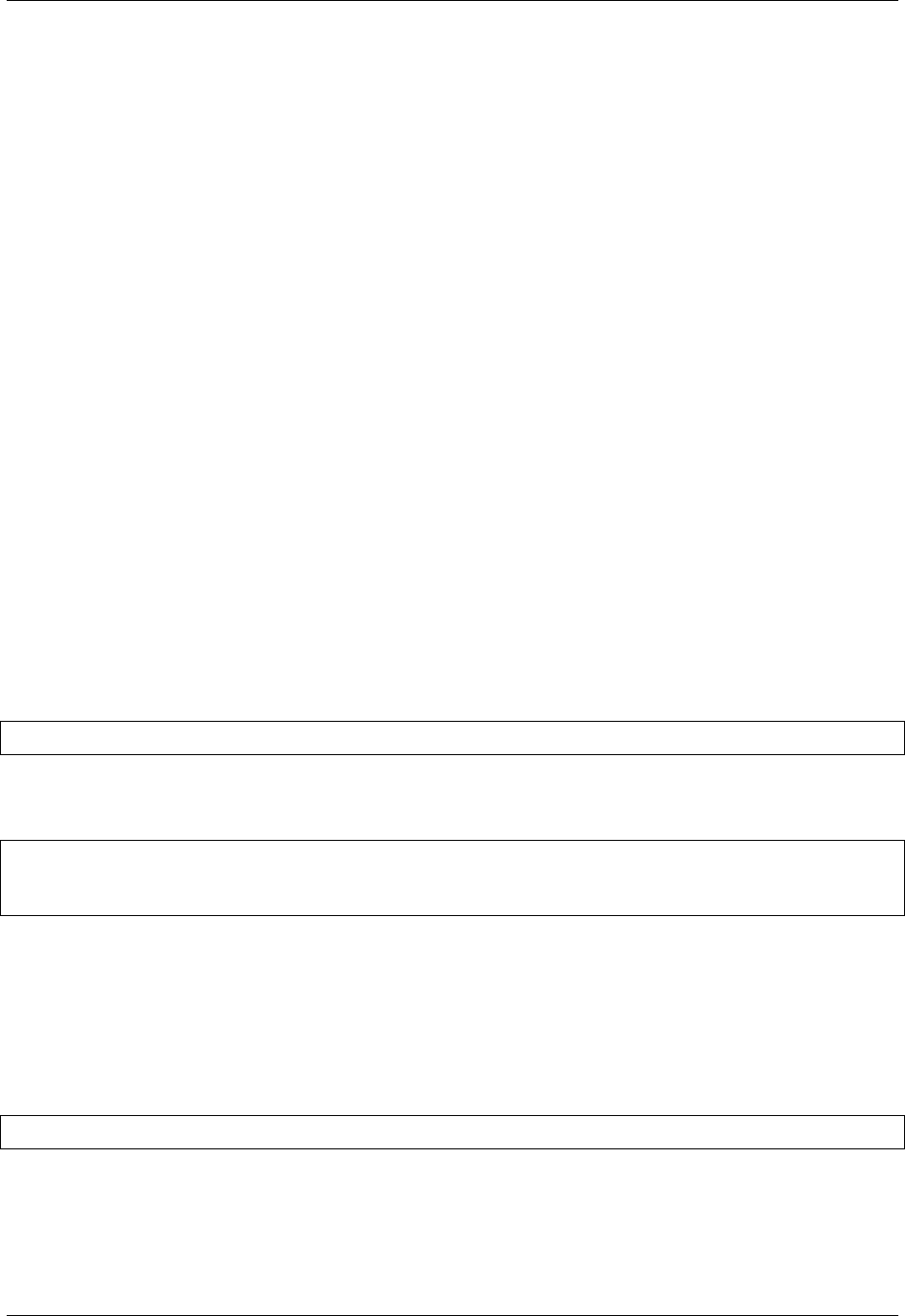
GeoServer User Manual, Release 2.15.1
The _optional_ strictEpsg4326 parameter can be set to true to control how EPSG:4326
is interpreted. This needs to be true for WMS version 1.3.0 GetMap requests. See
https://www.google.ch/search?q=epsg+4326+latitude+longitude+order&oq=epsg+4326+&aqs=chrome.3.69i57j0l5.5996j0j4&sourceid=chrome&espv=210&es_sm=93&ie=UTF-
8 for some links to the history and mess that is EPSG:4326.
The outputFilename parameter is optional and if omitted the values used in the server’s configuration will
be used instead. If it is present it will be the name of the downloaded file. The suffix will be added if not
left off in the parameter. The date can be substituted into the filename as well if desired. See configuration’s
outputFilename for more information and examples
The outputFormat parameter is optional and if omitted the value ‘pdf’ will be used. Only the formats
returned in the info are permitted.
There are two locations where custom parameters can be added. Those will be ignored by the web service
but, will be accessible from the layout templates.
Some layer types support merging more layers request into one, when the server is the same (for example
WMS). For those, a mergeableParams section can be used to define merging strategies for some custom
parameters. The default rule is to merge layers with identical custom parameters. Using mergeableParams,
defined parameters values can be joined using a given separator and a default value if some of the layers
miss the parameter. Mergeable parameters can have a context, that is the baseURL they can be used for (if
not defined they will be used for every layer).
For the format of the layers section, please look at the implementations pointed by map-
fish.PrintProtocol.SUPPORTED_TYPES.
This command returns the PDF file directly.
create.json
HTTP command:
POST {PRINT_URL}/create.json?url={PRINT_URL}%2Fcreate.json
The spec defined in the “print.pdf” command must be included in the POST body.
Returns a JSON structure like that:
{
getURL:'http:\/\/localhost:5000\/print\/56723.pdf'
}
The URL returned can be used to retrieve the PDF file. See the next section.
{ID}.pdf
This command’s URL is returned by the “create.json” command.
HTTP command:
GET {PRINT_URL}/{ID}.pdf
Returns the PDF. Can be called only during a limited time since the server side temporary file is deleted
afterwards.
15.15. GeoServer Printing Module 1641

GeoServer User Manual, Release 2.15.1
Multiple maps on a single page
To print more than one map on a single page you need to:
• specify several map blocks in a page of the yaml file, each with a distinct name property value
• use a particular syntax in the spec to bind different rendering properties to each map block
This is possible specifying a _maps_ object in spec root object with a distinct key - object pair for each map.
The key will refer the map block name as defined in yaml file. The object will contain layers and srs for the
named map. Another _maps_ object has to be specified inside the page object to describe positioning, scale
and so on.
{
...
maps:{
"main":{
layers:[
...
],
srs:'EPSG:4326'
},
"other":{
layers:[
...
],
srs:'EPSG:4326'
}
},
...
pages:[
{
maps:{
"main":{
center:[6,45.5],
scale:4000000,
dpi:190,
geodetic:false,
strictEpsg4326:false,
...CUSTOM_PARAMS...
},
"other":{
center:[7.2,38.6],
scale:1000000,
dpi:300,
geodetic:false,
strictEpsg4326:false,
...CUSTOM_PARAMS...
}
}
}
],
...
}
Other config blocks have been enabled to multiple maps usage. The scalebar block can be bound to a
specific map, specifying a name property that matches the map name. Also, in text blocks you can use the
${scale.<mapname>} placeholder to print the scale of the map whose name is <mapname>.
1642 Chapter 15. Extensions

GeoServer User Manual, Release 2.15.1
Layers Params
Vector
Type: vector
Render vector layers. The geometries and the styling comes directly from the spec JSON.
• opacity (Defaults to 1.0)
• geoJson (Required) the geoJson to render
• styleProperty (Defaults to ‘_style’) Name of the property within the features to use as style name. The
given property may contain a style object directly.
• styles (Optional) dictonary of styles. One style is defined as in OpenLayers.Feature.Vector.style.
• name (Defaults to vector) the layer name.
WMS
Type: wms
Support for the WMS protocol with possibilities to go through a WMS-C service (TileCache).
• opacity (Defaults to 1.0)
• baseURL (Required) Service URL
• customParams (Optional) Map, additional URL arguments
• layers (Required)
• styles (Optional)
• format (Required)
• version (Defaults to 1.1.1)
• useNativeAngle (Defaults to false) it true transform the map angle to customParams.angle for
GeoServer, and customParams.map_angle for MapServer.
WMTS
Type: wmts
Support for the protocol using directly the content of a WMTS tiled layer, support REST or KVP.
Two possible mode, standard or simple, the simple mode imply that all the topLeftCorner are identical.
Standard mode:
• opacity (Defaults to 1.0)
• baseURL the ‘ResourceURL’ available in the WMTS capabilities.
• customParams (Optional) Map, additional URL arguments
• layer (Required) the layer name
• version (Defaults to 1.0.0) WMTS protocol version
• requestEncoding (Defaults to REST)REST or KVP
15.15. GeoServer Printing Module 1643

GeoServer User Manual, Release 2.15.1
• style (Optional) the style name
• dimensions (Optional) list of dimensions names
• params (Optional) dictionary of dimensions name (capital) => value
• matrixSet (Required) the name of the matrix set
• matrixIds (Required) array of matrix ids e.g.:
[{
"identifier":"0",
"matrixSize":[1,1],
"resolution":4000,
"tileSize":[256,256],
"topLeftCorner":[420000,350000]
}, ...]
• format (Optional, Required id requestEncoding is KVP)
Simple mode:
• baseURL base URL without the version.
• layer (Required)
• version (Required)
• requestEncoding (Required) REST
• tileOrigin (Required)
• tileSize (Required)
• extension (Required)
• resolutions (Required)
• style (Required)
• tileFullExtent (Required)
• zoomOffset (Required)
• dimensions (Optional)
• params (Optional)
• formatSuffix (Required)
Tms
Type: tms
Support the TMS tile layout.
• opacity (Defaults to 1.0)
• baseURL (Required) Service URL
• customParams (Optional) Map, additional URL arguments
• maxExtent (Required) Array, extent coordinates [420000, 30000, 900000, 350000]
• tileSize (Required) Array, tile size e.g. [256, 256]
• format (Required)
1644 Chapter 15. Extensions

GeoServer User Manual, Release 2.15.1
• layer (Required)
• resolutions (Required) Array of resolutions
• tileOrigin (Optional) Object, tile origin. Defaults to 0,0
Resources:
• Quick intro to TMS requests: http://geowebcache.org/docs/current/services/tms.html
• TMS Spec (Not an Official Standard): http://wiki.osgeo.org/wiki/Tile_Map_Service_Specification
Xyz
Type: xyz
Support the tile layout z/x/y.<extension>.
• opacity (Defaults to 1.0)
• baseURL (Required) Service URL
• customParams (Optional) Map, additional URL arguments
• maxExtent (Required) Array, extent coordinates [420000, 30000, 900000, 350000]
• tileSize (Required) Array, tile size e.g. [256, 256]
• resolutions (Required) Array of resolutions (Required) Array of resolutions
• extension (Required) file extension (Required) file extension
• tileOrigin (Optional) Array, tile origine e.g. [420000, 350000]
• tileOriginCorner tl or bl (Defaults to bl)
• path_format (Optional) url fragment used to construct the tile location. Can support variable replace-
ment of ${x},${y},${z} and ${extension}. Defaults to zz/x/y.extension format. You can use
multiple “letters” to indicate a replacable pattern (aka, ${zzzz} will ensure the z variable is 0 padded
to have a length of AT LEAST 4 characters).
Osm
Type: osm
Support the OSM tile layout.
• opacity (Defaults to 1.0)
• baseURL (Required) Service URL
• customParams (Optional) Map, additional URL arguments
• maxExtent (Required) Array, extent coordinates [420000, 30000, 900000, 350000]
• tileSize (Required) Array, tile size e.g. [256, 256]
• resolutions (Required) Array of resolutions
• extension (Required) file extension
15.15. GeoServer Printing Module 1645

GeoServer User Manual, Release 2.15.1
TileCache
Type: tileCache
Support for the protocol using directly the content of a TileCache directory.
• opacity (Defaults to 1.0)
• baseURL (Required) Service URL
• customParams (Optional) Map, additional URL arguments
• layer (Required)
• maxExtent (Required) Array, extent coordinates [420000, 30000, 900000, 350000]
• tileSize (Required) Array, tile size e.g. [256, 256]
• resolutions (Required) Array of resolutions
• extension (Required) file extension
Image
Type: image
• opacity (Defaults to 1.0)
• name (Required)
• baseURL (Required) Service URL
• extent (Required)
MapServer
Type: mapServer
Support mapserver WMS server.
• opacity (Defaults to 1.0)
• baseURL (Required) Service URL
• customParams (Optional) Map, additional URL arguments
• layers (Required)
• format (Required)
KaMap
Type: kaMap
Support for the protocol using the KaMap tiling method
• opacity (Defaults to 1.0)
• baseURL (Required) Service URL
• customParams (Optional) Map, additional URL arguments
• map
1646 Chapter 15. Extensions

GeoServer User Manual, Release 2.15.1
• group
• maxExtent (Required) Array, extent coordinates [420000, 30000, 900000, 350000]
• tileSize (Required) Array, tile size e.g. [256, 256]
• resolutions (Required) Array of resolutions
• extension (Required) file extension
KaMapCache
Type: kaMapCache
Support for the protocol talking direclty to a web-accessible ka-Map cache generated by the precache2.php
script.
• opacity (Defaults to 1.0)
• baseURL (Required) Service URL
• customParams (Optional) Map, additional URL arguments
• map (Required)
• group (Required)
• metaTileWidth (Required)
• metaTileHeight (Required)
• units (Required)
• maxExtent (Required) Array, extent coordinates [420000, 30000, 900000, 350000]
• tileSize (Required) Array, tile size e.g. [256, 256]
• resolutions (Required) Array of resolutions
• extension (Required) file extension
Google
Type: google or tiledGoogle
They used the Google Map Static API, tiledGoogle will create tiles and google only one image.
The google map reader has several custom parameters that can be added to the request they are:
• opacity (Optional, Defaults to 1.0)
• baseURL (Required, should be ‘http://maps.google.com/maps/api/staticmap’)
• customParams (Optional) Map, additional URL arguments
• maxExtent (Required, should be [-20037508.34, -20037508.34, 20037508.34,
20037508.34])
• resolutions (Required, should be [156543.03390625, 78271.516953125,
39135.7584765625, 19567.87923828125, 9783.939619140625, 4891.
9698095703125, 2445.9849047851562, 1222.9924523925781, 611.4962261962891,
305.74811309814453, 152.87405654907226, 76.43702827453613, 38.
218514137268066, 19.109257068634033, 9.554628534317017, 4.777314267158508,
15.15. GeoServer Printing Module 1647
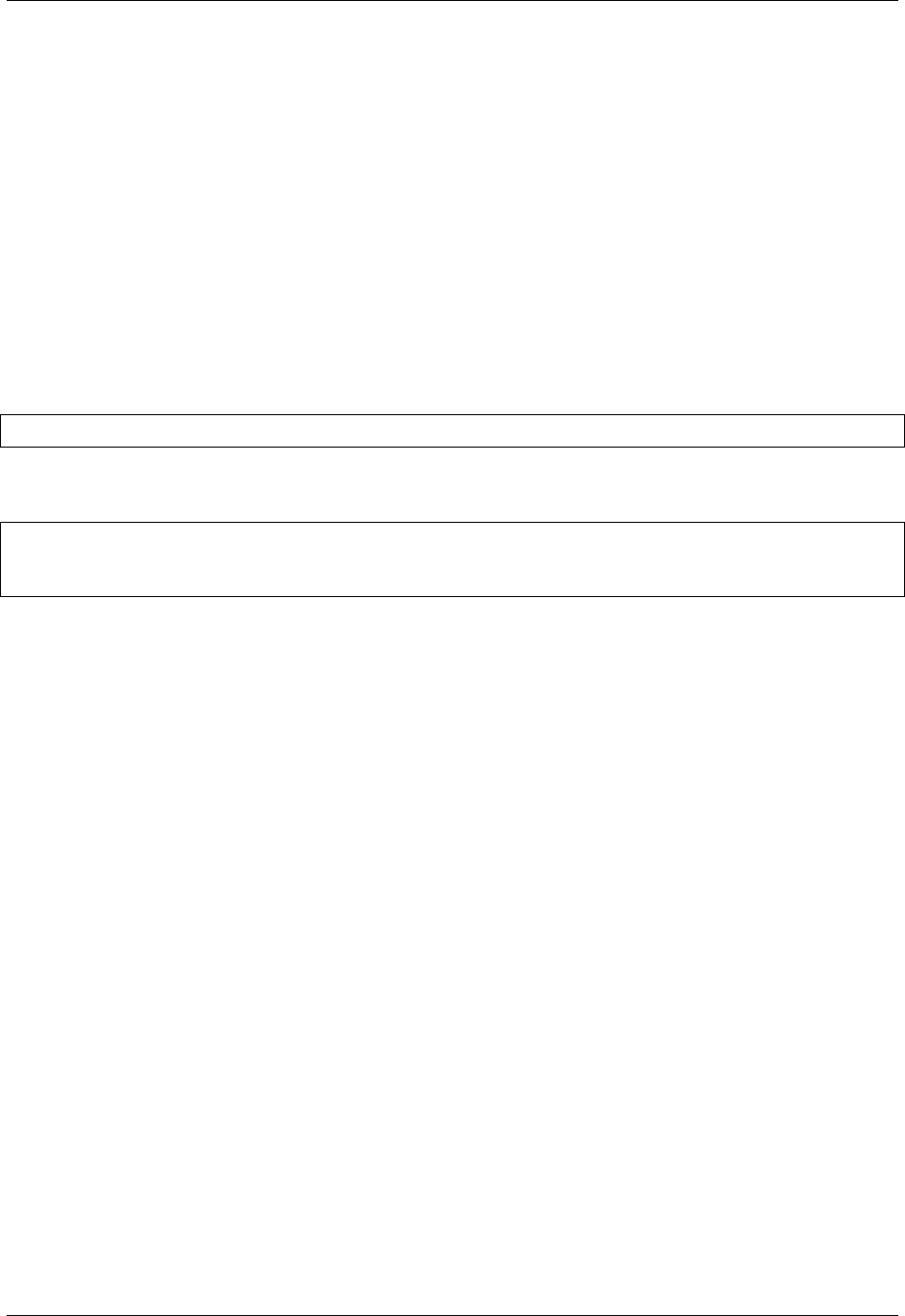
GeoServer User Manual, Release 2.15.1
2.388657133579254, 1.194328566789627, 0.5971642833948135, 0.
29858214169740677, 0.14929107084870338, 0.07464553542435169])
• extension (Required, should be png)
• client (Optional)
• format (Optional)
• maptype (Required) - type of map to display: http://code.google.com/apis/maps/documentation/
staticmaps/#MapTypes
• sensor (Optional) - specifies whether the application requesting the static map is using a sensor to
determine the user’s location
• language (Optional) - language of labels.
• markers (Optional) - add markers to the map: http://code.google.com/apis/maps/documentation/
staticmaps/#Markers
markers:['color:blue|label:S|46.5195933305192,6.566684726913701']
• path (Optional) - add a path to the map: http://code.google.com/apis/maps/documentation/
staticmaps/#Paths
path:'color:0x0000ff|weight:5|46.5095933305192,6.506684726913701|46.5195933305192,6.
,→526684726913701|46.5395933305192,6.536684726913701|46.5695933305192,6.
,→576684726913701',
Warranty disclaimer and license
The authors provide these documents “AS-IS”, without warranty of any kind either expressed or implied.
Document under Creative Common License Attribution-Share Alike 2.5 Generic.
Authors: MapFish developers.
FAQ
All I get in my PDF is: “ERROR: infinite table loop”. What’s wrong? Something in your page is too big.
For example, the width or the height of your !map block.
I tried to print (pylons mode) and I get a “Java error”. What’s next? Look in the apache error log, you’ll
find more information.
What are the limitations of the type 2 layers? It depends mostly on the map server you use. For the mo-
ment, GeoServer has not been extensively tested. With MapServer:
• The PDF output must be enabled when you compile and doesn’t work in WMS mode, only in
native MapServer mode. There are some limitations. on the styling. And you must use truetype
fonts.
• The SVG output is limited regarding the stylings you can use. For example only plain polygon
fillings are supported by MapServer. If a complex styling is used, your features may appear plain
black.
I tried to change the layout and half the Map is printed off the page on the right. Or I have an empty page added. Is it a bug?
It’s mostly a feature ;-) . This kind of behavior can be seen in iText, when adding a block that is too
big for the page size. Try to reduce the size of your map block.
1648 Chapter 15. Extensions
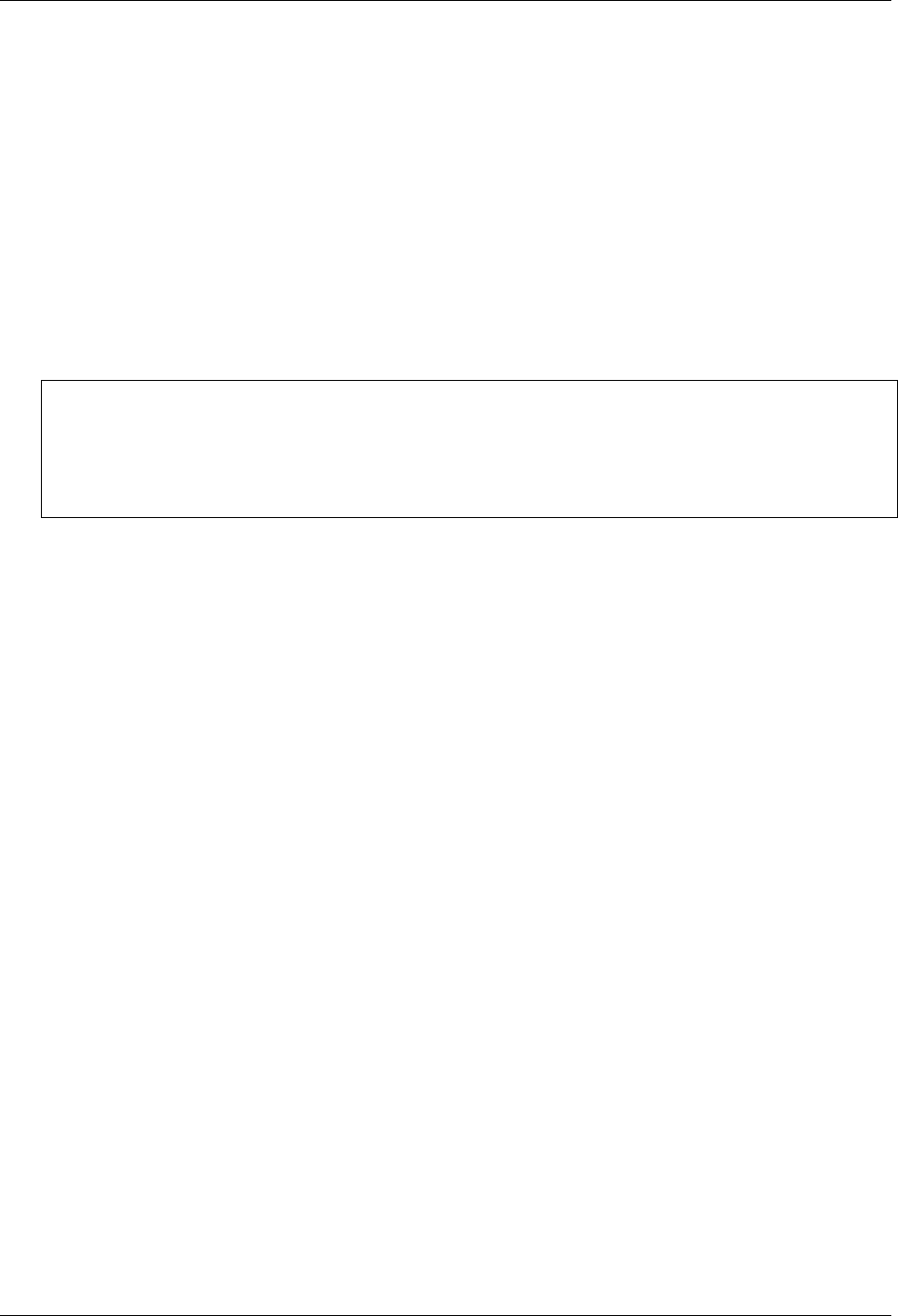
GeoServer User Manual, Release 2.15.1
When I look at my generated PDF in Acrobat Reader, it looks good. But, when I print it, it misses some tiles/layers, some bitmaps are just weird or there are no page printed. What’s wrong?
There are three possible explanations:
• Your printer has not enough memory: in Acrobat’s print dialog, select “Save printer memory”
• Your printer firmware is buggy: upgrade it
• Your printer driver is buggy: upgrade it
The module needs to go through a proxy to acces the map services. It’s so 90s. . . you should hire some
fresh guys for your IT team. ;-)
You need to set some system properties (http.proxy*) when you start your java programs.
On the browser, the scale is displayed with spaces to separate thousands and it’s against my religion. How do I put my sacred separator?
By default, the browser’s configured locale is used. You can force another locale in the print widget
configuration:
{
...
configUrl:'print/info.json',
serviceParams:{locale:'fr_CH' },
...
}
I copied the examples and the print widgets are not working. First edit the client/examples/examples.js
file and make sure the URLs are correct.
1. If you don’t want to install the server side, make sure you installed a proxy (see Con-
figure Proxy). For example, test (must return a JSON content, not the proxy.cgi script’s
content) it with an URL like that (adapt the hostname, port and path): http://localhost/cgi-
bin/proxy.cgi?url=http://demo.mapfish.org/mapfishsample/trunk/print/info.json
2. If you installed the server side, make sure it works by calling the URL specified
in the mapfish.SERVER_BASE_URL variable (must be the hostname/port your page
is accessed through) added with /print/info.json. For example, if you have map-
fish.SERVER_BASE_URL=”http://localhost/mapfish”: http://localhost/mapfish/print/info.json
If it still doesn’t work, use firefox, install firebug and check in the console panel that the AJAX request
made by the print widget works fine.
Warranty disclaimer and license
The authors provide these documents “AS-IS”, without warranty of any kind either expressed or implied.
Document under Creative Common License Attribution-Share Alike 2.5 Generic.
Authors: MapFish developers.
15.16 Cross-layer filtering
Cross-layer filtering provides the ability to find features from layer A that have a certain relationship to
features in layer B. This can be used, for example, to find all bus stops within a given distance from a
specified shop, or to find all coffee shops contained in a specified city district.
The querylayer module adds filter functions that implement cross-layer filtering. The functions work by
querying a secondary layer within a filter being applied to a primary layer. The name of the secondary
layer and an attribute to extract from it are provided as arguments, along with an ECQL filter expression to
15.16. Cross-layer filtering 1649
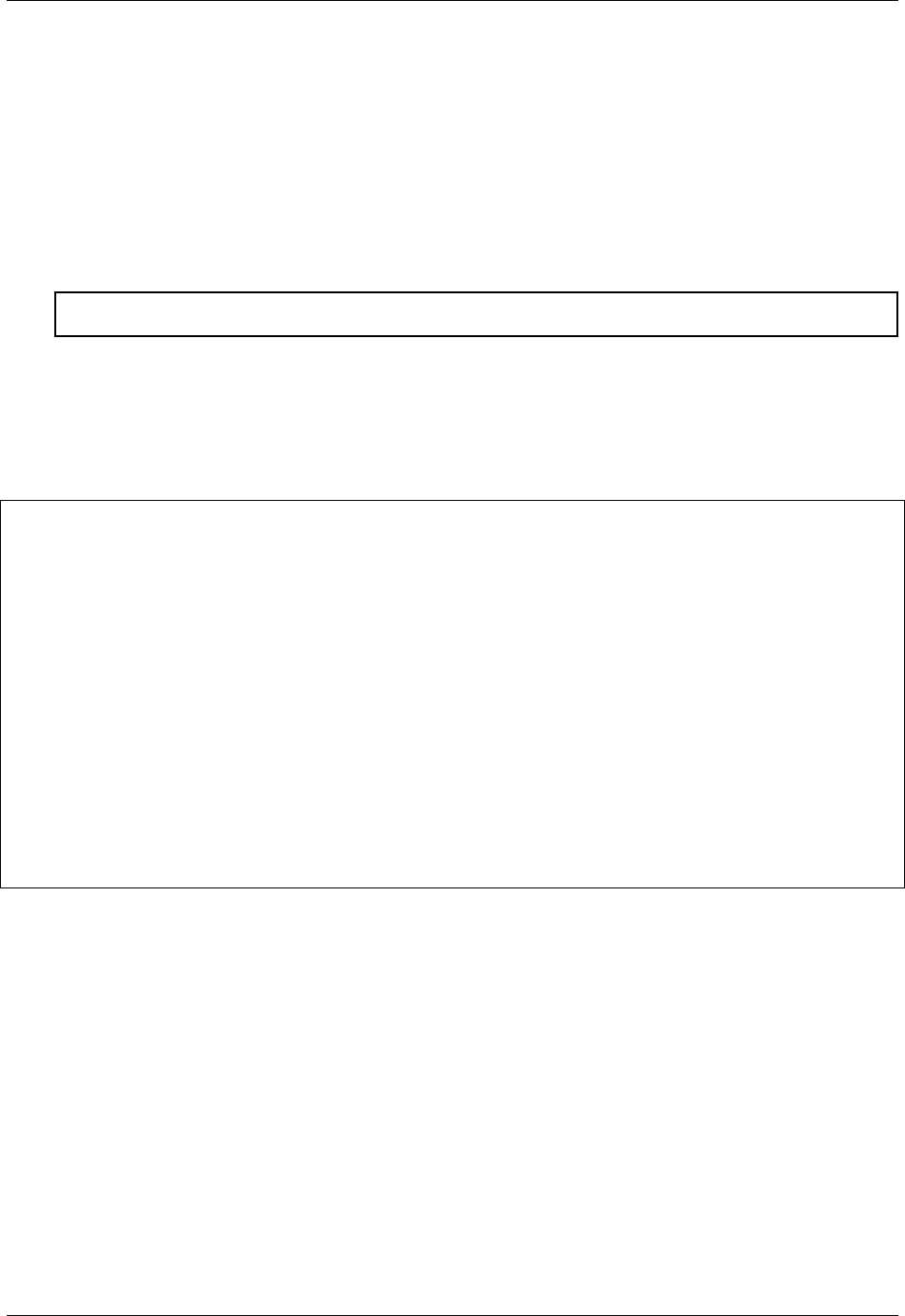
GeoServer User Manual, Release 2.15.1
determine which features are of interest. A common use case is to extract a geometry-valued attribute, and
then use the value(s) in a spatial predicate against a geometry attribute in the primary layer.
Filter functions are widely supported in GeoServer, so cross-layer filtering can be used in SLD rules and
WMS and WFS requests, in either XML or CQL filters.
15.16.1 Installing the querylayer module
1. Download the querylayer extension corresponding to your version of GeoServer.
Warning: The version of the extension must match the version of the GeoServer instance
2. Extract the contents of the extension archive into the WEB-INF/lib directory of the GeoServer instal-
lation.
3. To check the module is properly installed request the WFS 1.1 capabilities from the GeoServer
home page. The Filter_Capabilities section should contain a reference to a function named
queryCollection.
1...
2<ogc:Filter_Capabilities>
3...
4<ogc:ArithmeticOperators>
5...
6<ogc:Functions>
7<ogc:FunctionNames>
8...
9<ogc:FunctionName nArgs="-1">queryCollection</ogc:FunctionName>
10 <ogc:FunctionName nArgs="-1">querySingle</ogc:FunctionName>
11 ...
12 </ogc:FunctionNames>
13 </ogc:Functions>
14 </ogc:ArithmeticOperators>
15 </ogc:Scalar_Capabilities>
16 ...
17 </ogc:Filter_Capabilities>
18 ...
15.16.2 Function reference
The extension provides the following filter functions to support cross-layer filtering.
1650 Chapter 15. Extensions
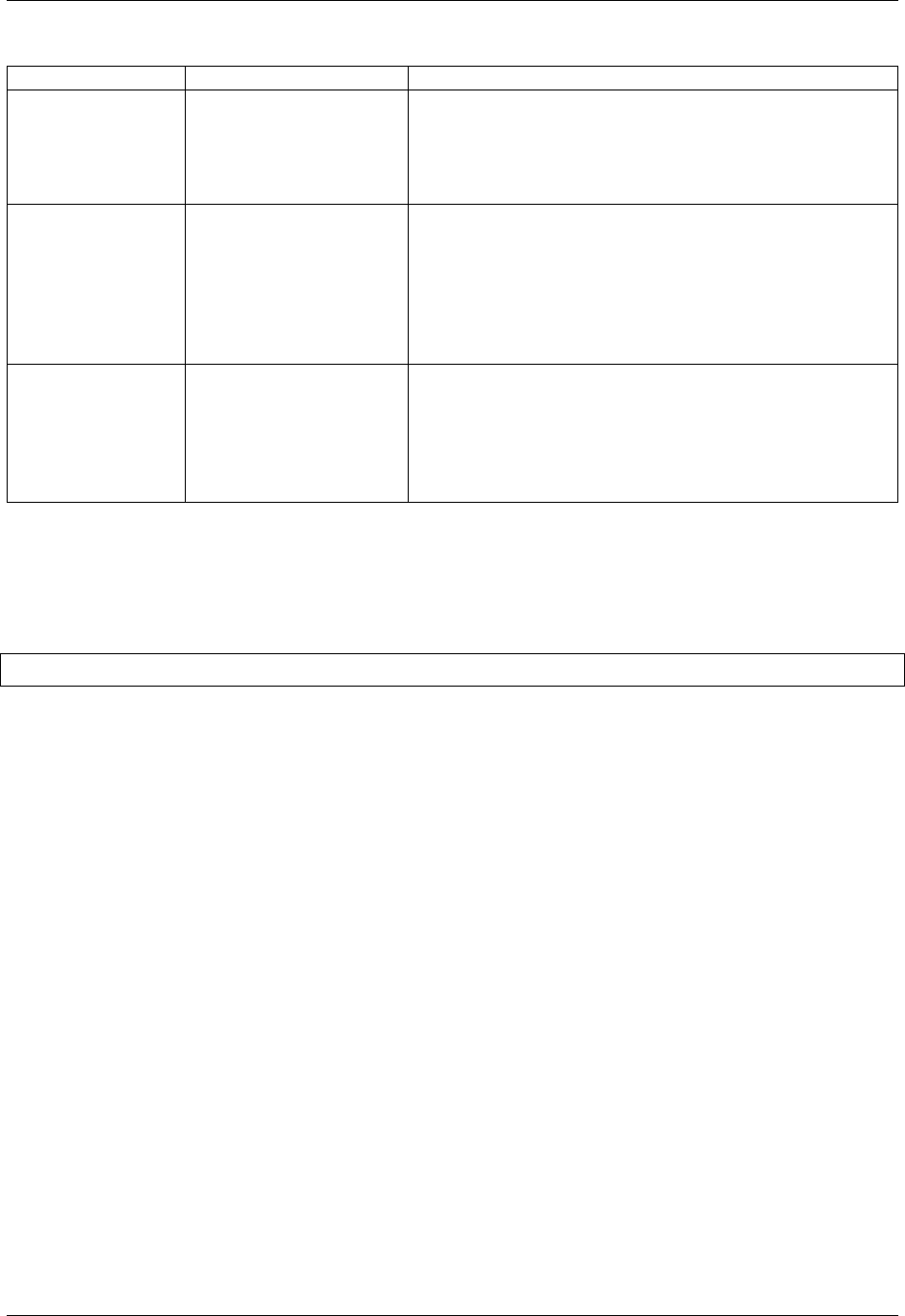
GeoServer User Manual, Release 2.15.1
Name Arguments Description
querySingle layer : String,
attribute : String,
filter : String
Queries the specified layer applying the specified
ECQL filter and returns the value of attribute
from the first feature in the result set. The layer name
must be qualified (e.g. topp:states). If no filtering is
desired use the filter INCLUDE.
queryCollection layer : String,
attribute : String,
filter : String
Queries the specified layer applying the specified
ECQL filter and returns a list containing the value of
attribute for every feature in the result set. The layer
name must be qualified (e.g. topp:states). If no fil-
tering is desired use the filter INCLUDE. An exception
is thrown if too many results are collected (see Memory
Limits).
collectGeometries geometries: a list of
Geometry objects
Converts a list of geometries into a single Geometry ob-
ject. The output of queryCollection must be con-
verted by this function in order to use it in spatial fil-
ter expressions (since geometry lists cannot be used di-
rectly). An exception is thrown if too many coordinates
are collected (see Memory Limits).
15.16.3 Optimizing performance
In the GeoServer 2.1.x series, in order to have cross-layer filters execute with optimal performance it is
necessary to specify the following system variable when starting the JVM:
-Dorg.geotools.filter.function.simplify=true
This ensures the functions are evaluated once per query, instead of once per result feature. This flag is not
necessary for the GeoServer 2.2.x series. (Hopefully this behavior will become the default in 2.1.x as well.)
15.16.4 Memory limits
The queryCollection and collectGeometries functions do not perform a true database-style join.
Instead they execute a query against the secondary layer every time they are executed, and load the entire
result into memory. The functions thus risk using excessive server memory if the query result set is very
large, or if the collected geometries are very large. To prevent impacting server stability there are built-in
limits to how much data can be processed:
• at most 1000 features are collected by queryCollection
• at most 37000 coordinates (1MB worth of Coordinate objects) are collected by collectGeometries
These limits can be overridden by setting alternate values for the following parameters (this can be done
using JVM system variables, servlet context variables, or enviroment variables):
•QUERY_LAYER_MAX_FEATURES controls the maximum number of features collected by
queryCollection
•GEOMETRY_COLLECT_MAX_COORDINATES controls the maximum number of coordinates collected
by collectGeometries
15.16. Cross-layer filtering 1651
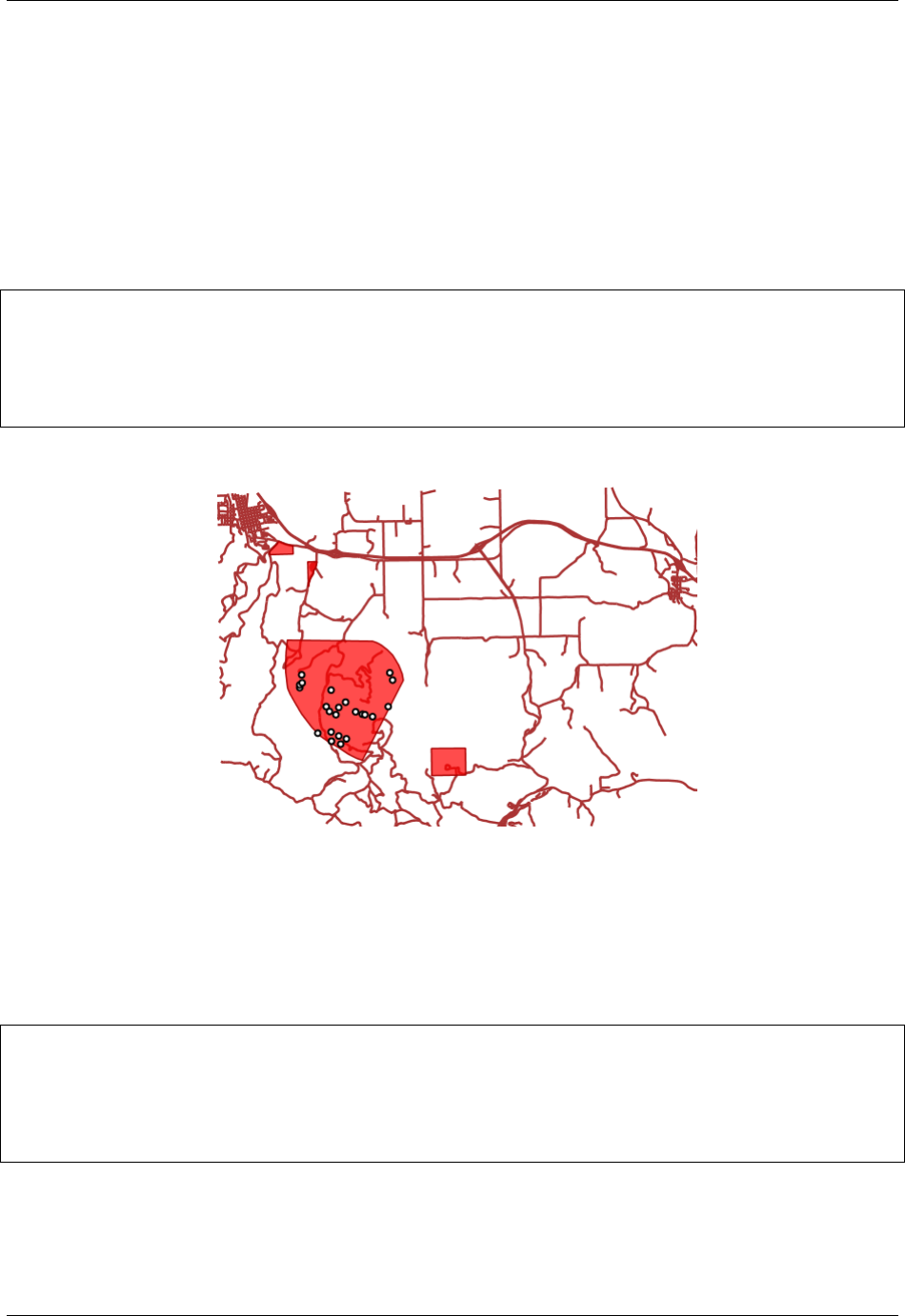
GeoServer User Manual, Release 2.15.1
15.16.5 WMS Examples
The following examples use the sf:bugsites,sf:roads and sf:restricted demo layers available in
the standard GeoServer download.
•Display only the bug sites overlapping the restricted area whose category is 3:
The CQL cross-layer filter on the bugsites layer is
INTERSECTS(the_geom, querySingle('restricted', 'the_geom','cat = 3')).
The WMS request is:
http://localhost:8080/geoserver/wms?LAYERS=sf%3Aroads%2Csf%3Arestricted%2Csf
,→%3Abugsites&STYLES=&FORMAT=image%2Fpng&SERVICE=WMS&VERSION=1.1.1&REQUEST=GetMap&
,→EXCEPTIONS=application%2Fvnd.ogc.se_inimage&SRS=EPSG%3A26713&CQL_FILTER=INCLUDE
,→%3BINCLUDE%3BINTERSECTS(the_geom%2C%20querySingle(%27restricted%27%2C%20%27the_geom
,→%27%2C%27cat%20%3D%203%27))&BBOX=589081.6705629,4914128.1213261,609174.02430924,
,→4928177.0717971&WIDTH=512&HEIGHT=358
The result is:
•Display all bug sites within 200 meters of any road:
The CQL cross-layer filter on the bugsites layer is
DWITHIN(the_geom, collectGeometries(queryCollection('sf:roads',
'the_geom','INCLUDE')), 200, meters).
The WMS request is:
http://localhost:8080/geoserver/wms?LAYERS=sf%3Aroads%2Csf%3Arestricted%2Csf
,→%3Abugsites&STYLES=&FORMAT=image%2Fpng&SERVICE=WMS&VERSION=1.1.1&REQUEST=GetMap&
,→EXCEPTIONS=application%2Fvnd.ogc.se_inimage&SRS=EPSG%3A26713&CQL_FILTER=INCLUDE
,→%3BINCLUDE%3BDWITHIN(the_geom%2C%20collectGeometries(queryCollection(%27sf%3Aroads
,→%27%2C%27the_geom%27%2C%27INCLUDE%27))%2C%20200%2C%20meters)&BBOX=589042.42768447,
,→4914010.3926913,609134.78143081,4928059.3431623&WIDTH=512&HEIGHT=358
The result is:
1652 Chapter 15. Extensions
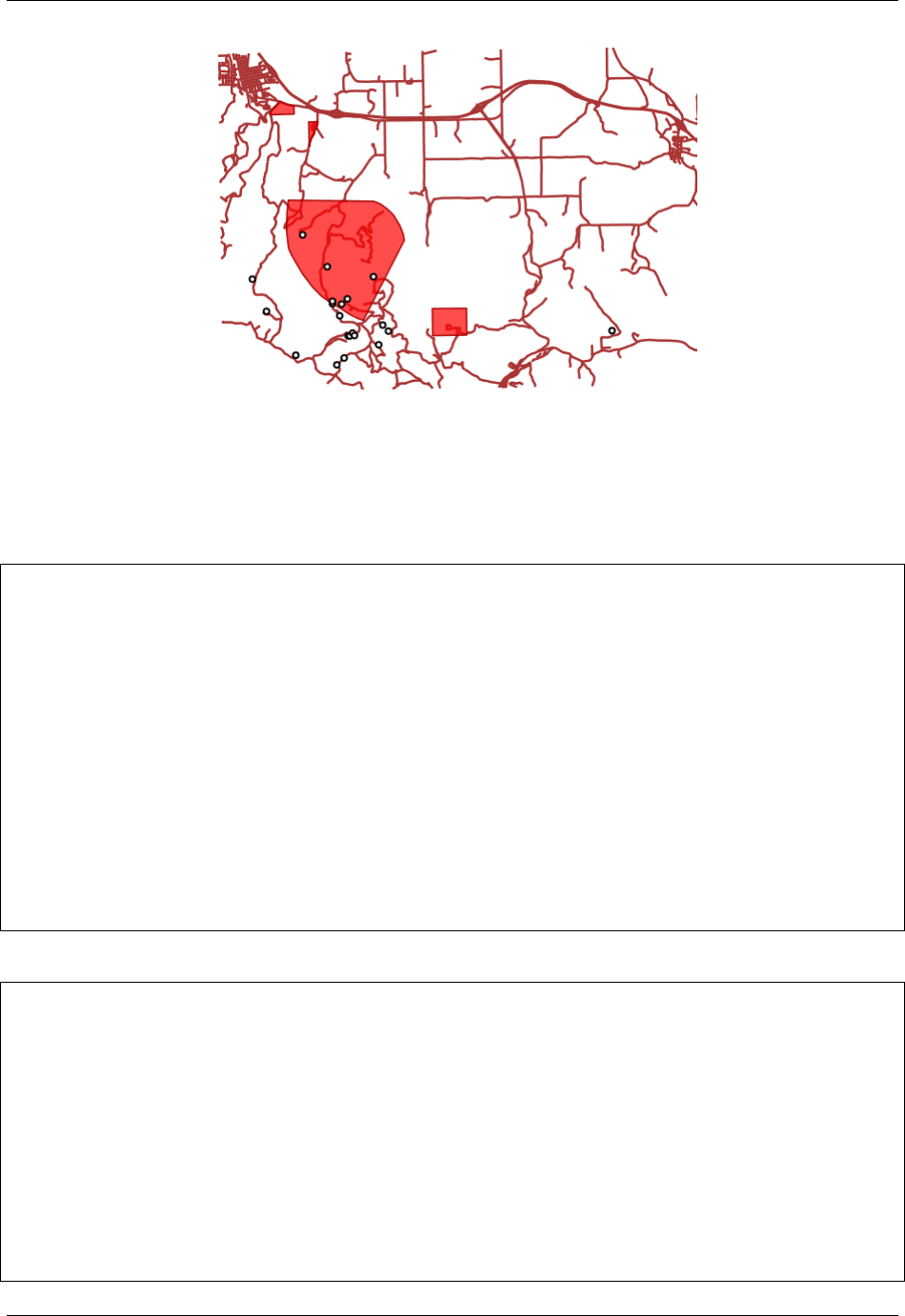
GeoServer User Manual, Release 2.15.1
15.16.6 WFS Examples
The following examples use the sf:bugsites,sf:roads and sf:restricted demo layers available in
the standard GeoServer download.
•Retrieve only the bug sites overlapping the restricted area whose category is 3:
1<wfs:GetFeature xmlns:wfs="http://www.opengis.net/wfs"
2xmlns:sf="http://www.openplans.org/spearfish"
3xmlns:ogc="http://www.opengis.net/ogc"
4service="WFS" version="1.0.0">
5<wfs:Query typeName="sf:bugsites">
6<ogc:Filter>
7<ogc:Intersects>
8<ogc:PropertyName>the_geom</ogc:PropertyName>
9<ogc:Function name="querySingle">
10 <ogc:Literal>sf:restricted</ogc:Literal>
11 <ogc:Literal>the_geom</ogc:Literal>
12 <ogc:Literal>cat = 3</ogc:Literal>
13 </ogc:Function>
14 </ogc:Intersects>
15 </ogc:Filter>
16 </wfs:Query>
17 </wfs:GetFeature>
•Retrieve all bugsites within 200 meters of any road:
1<wfs:GetFeature xmlns:wfs="http://www.opengis.net/wfs"
2xmlns:sf="http://www.openplans.org/spearfish"
3xmlns:ogc="http://www.opengis.net/ogc"
4service="WFS" version="1.0.0">
5<wfs:Query typeName="sf:bugsites">
6<ogc:Filter>
7<ogc:DWithin>
8<ogc:PropertyName>the_geom</ogc:PropertyName>
9<ogc:Function name="collectGeometries">
10 <ogc:Function name="queryCollection">
11 <ogc:Literal>sf:roads</ogc:Literal>
12 <ogc:Literal>the_geom</ogc:Literal>
13 <ogc:Literal>INCLUDE</ogc:Literal>
14 </ogc:Function>
15.16. Cross-layer filtering 1653
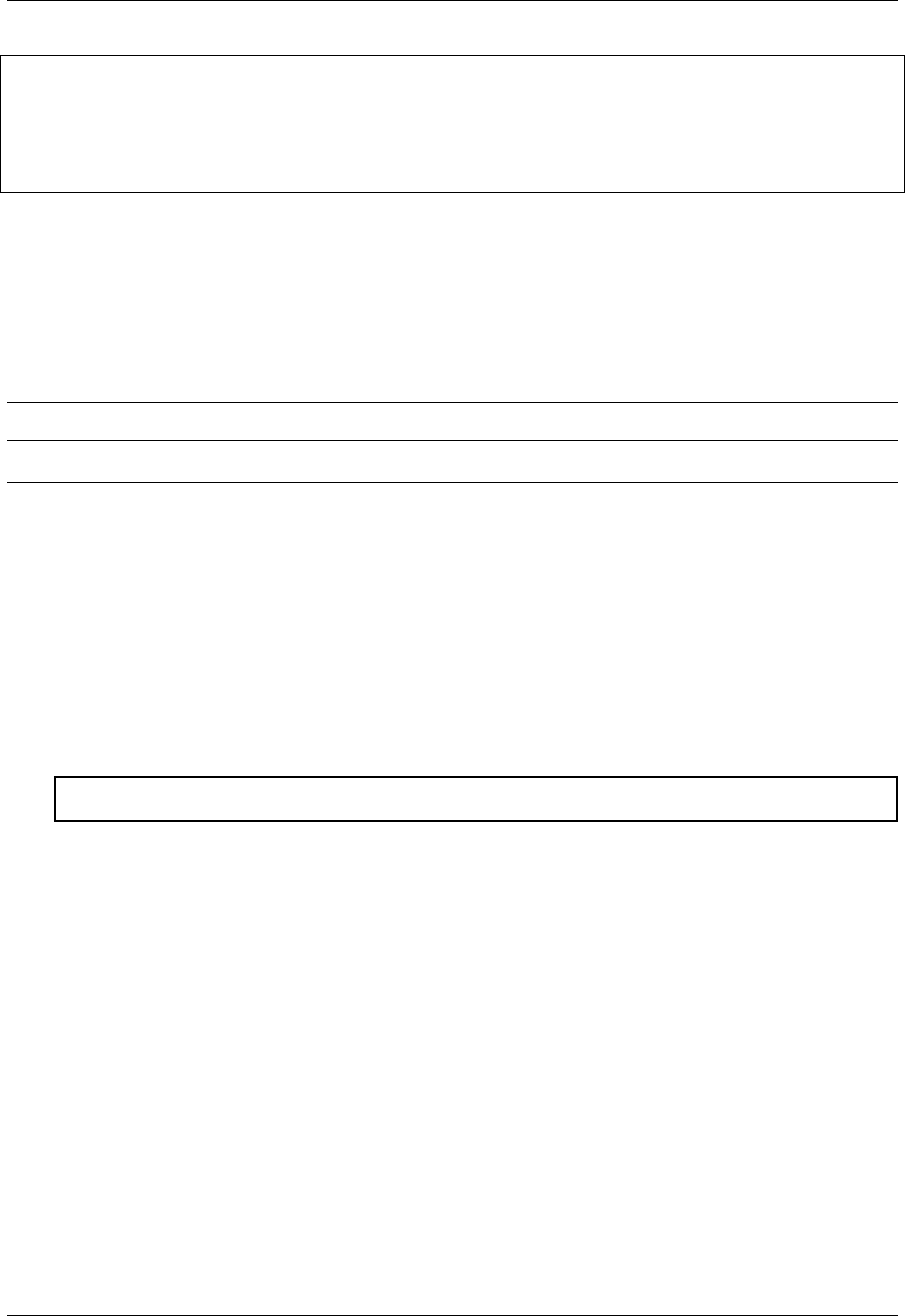
GeoServer User Manual, Release 2.15.1
15 </ogc:Function>
16 <ogc:Distance units="meter">100</ogc:Distance>
17 </ogc:DWithin>
18 </ogc:Filter>
19 </wfs:Query>
20 </wfs:GetFeature>
15.17 Vector Tiles
GeoServer supports “vector tile” output in addition to the more standard image tile output. While the
standard WMS output will generate a georeferenced map image, a vector tile contains georeferenced vector
data, clipped into tiles for easy retrieval.
Note: This is an output format, not a data source.
Note: Here are two background video talks about “Vector Tiles with GeoServer and OpenLayers”:
•FOSS4G.NA 2016
•FOSS4G 2016
15.17.1 Installing the Vector Tiles Extension
The Vector Tiles extension is an official extension, available on the GeoServer download page.
1. Download the extension for your version of GeoServer.
Warning: Make sure to match the version of the extension to the version of GeoServer.
2. Extract the archive and copy the contents into the GeoServer WEB-INF/lib directory.
3. Restart GeoServer.
To verify that the extension was installed successfully
1. Open the Web administration interface
2. Click Layers and select a vector layer
3. Click the Tile Caching tab
4. Scroll down to the section on Tile Formats. In addition to the standard GIF/PNG/JPEG formats, you
should see the following:
•application/json;type=geojson
•application/json;type=topojson
•application/x-protobuf;type=mapbox-vector
If you don’t see these options, the extension did not install correctly.
1654 Chapter 15. Extensions
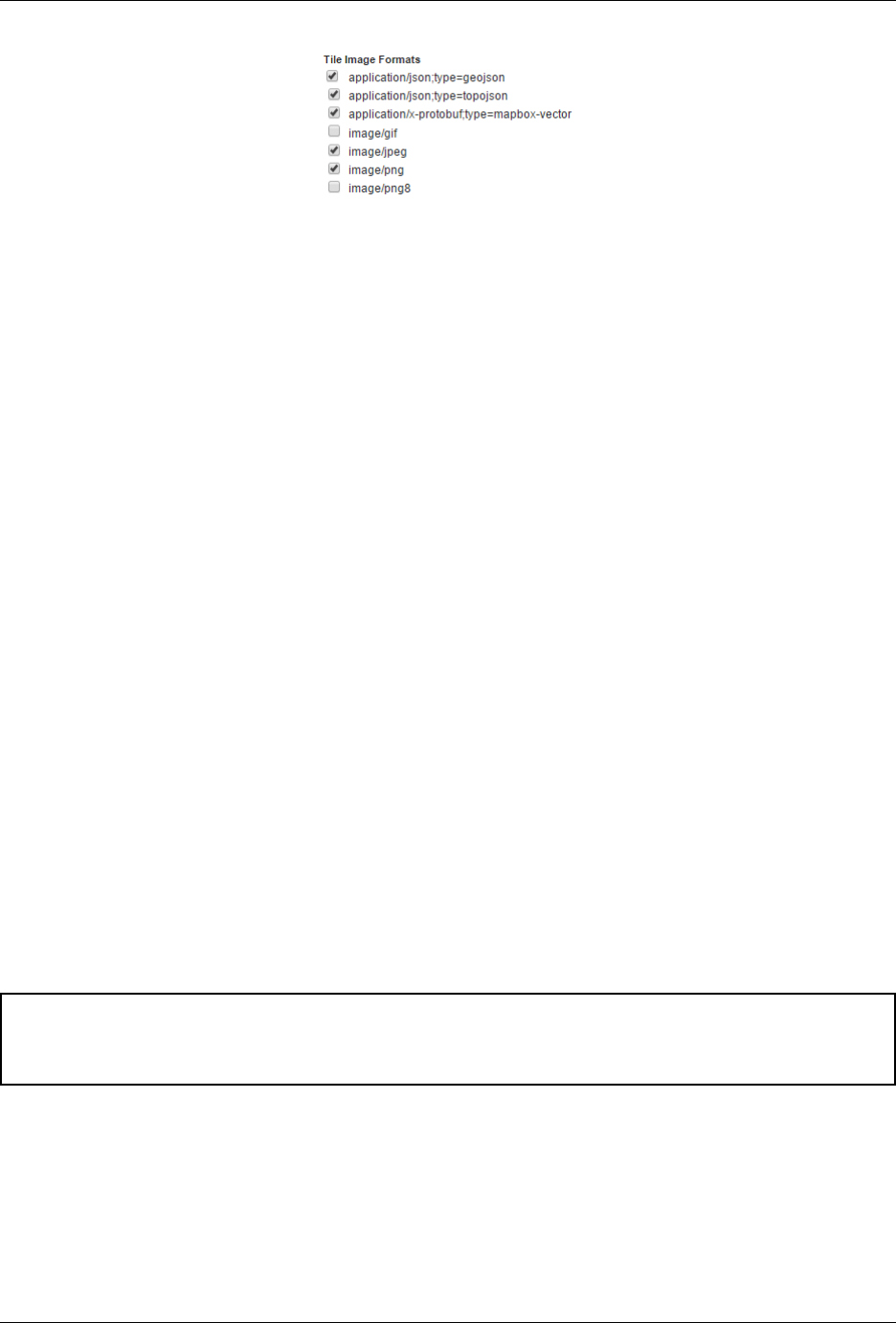
GeoServer User Manual, Release 2.15.1
Fig. 15.37: Vector tiles tile formats
15.17.2 Vector tiles tutorial
This tutorial will show how to use the GeoServer vector tiles output.
Why use vector tiles?
The advantages of vector tiles are;
•Rendering is done by the client (for example, OpenLayers), not by the server. This allows different
maps/applications to style a map differently without having to reconfigure GeoServer.
•The size of a vector tile is usually smaller than an image tile, resulting in faster data transfer and
lower bandwidth usage.
• GeoWebCache, embedded with GeoServer efficiently stores the vector tile data. Since styling is done
by the client, not the server, GeoWebCache only needs to store one tile for all different styles.
• Because the vector data is available on the client, very high-resolution maps can be drawn without
corresponding increases in bandwidth.
•The client has native access to the actual feature information (attributes and geometry), allowing
for very sophisticated rendering.
On the other hand, the main disadvantage of vector tiles is that the geographic data may need to be pre-
processed to allow the client to do the drawings it requires (similar to preprocessing data for image maps).
With this in mind, vector tiles should only be used for rendering.
Vector tile formats
GeoServer can also produce vector tiles in three formats: GeoJSON, TopoJSON, and MapBox Vector (MVT).
These are also supported by OpenLayers and other clients.
Warning: When using vector tiles, be sure to use an up-to-date client. Older clients do not support all
vector tiles capabilites and may result in rendering errors. We recommend using the latest version of
OpenLayers (Currently v5.3.0).
• MVT is the preferred format for production.
15.17. Vector Tiles 1655

GeoServer User Manual, Release 2.15.1
Format MIME Description
Map-
Box
Vector
(MVT)
application/
x-protobuf;
type=mapbox-vector
Recommended Format This is an efficient binary format that is widely
supported by almost all Vector Tile applications.
GeoJ-
SON
application/
json;
type=geojson
This is a human readable JSON format. Although many geo-spatial ap-
plications support GeoJSON datasets, few Vector Tile applications sup-
port tiles in this format. Supported by Open Layers 3.
TopoJ-
SON
application/
json;
type=topojson
This is a very complex, but somewhat human readable JSON format
that is good for polygon coverages. It is not a widely supported and
very few Vector Tile applications support it. Suported by Open Layers
3.
Publish vector tiles in GeoWebCache
We’ll be publishing our vector tiles through GeoWebCache and publishing the layer in a custom OpenLay-
ers application.
For this tutorial, we’ll be using the layer opengeo:countries to show off the capabilities, though with
slight modifications, any layer will do.
Note: Download the Admin 0 - Countries shapefile and publish the layer as opengeo:countries.
1. In the GeoServer admin interface, click Tile Layers under Tile Caching.
Fig. 15.38: Tile Layers
2. Click opengeo:countries in the list of layers.
3. By default the tile formats are image/jpeg and image/png. Check the boxes for the following
vector tile formats:
•application/json;type=geojson
•application/json;type=topojson
•application/x-protobuf;type=mapbox-vector
Fig. 15.39: Vector tiles tile formats
1656 Chapter 15. Extensions

GeoServer User Manual, Release 2.15.1
4. Click Save.
Our layer is now ready to be served.
Create OpenLayers application
1. Create a www/vectortiles directory inside your GeoServer Data Directory.
2. Download the latest version of OpenLayers.
3. Extract the following files to from the downloaded archive to the directory created in step 1:
•ol.js
•ol-debug.js
•ol.css
4. In a text editor, create a new file with the following content:
<!DOCTYPE html -->
<html>
<head>
<title>Vector tiles</title>
<script src="ol.js"></script>
<link rel="stylesheet" href="ol.css">
<style>
html,body {
font-family:sans-serif;
width:100%;
}
.map {
height:500px;
width:100%;
}
</style>
</head>
<body>
<h3>Mapbox Protobuf - vector tiles</h3>
<div id="map" class="map"></div>
<script>
var style_simple =new ol.style.Style({
fill:new ol.style.Fill({
color:'#ADD8E6'
}),
stroke:new ol.style.Stroke({
color:'#880000',
width:1
})
});
function simpleStyle(feature) {
return style_simple;
}
var layer ='opengeo:countries';
var projection_epsg_no ='900913';
var map =new ol.Map({
target:'map',
15.17. Vector Tiles 1657
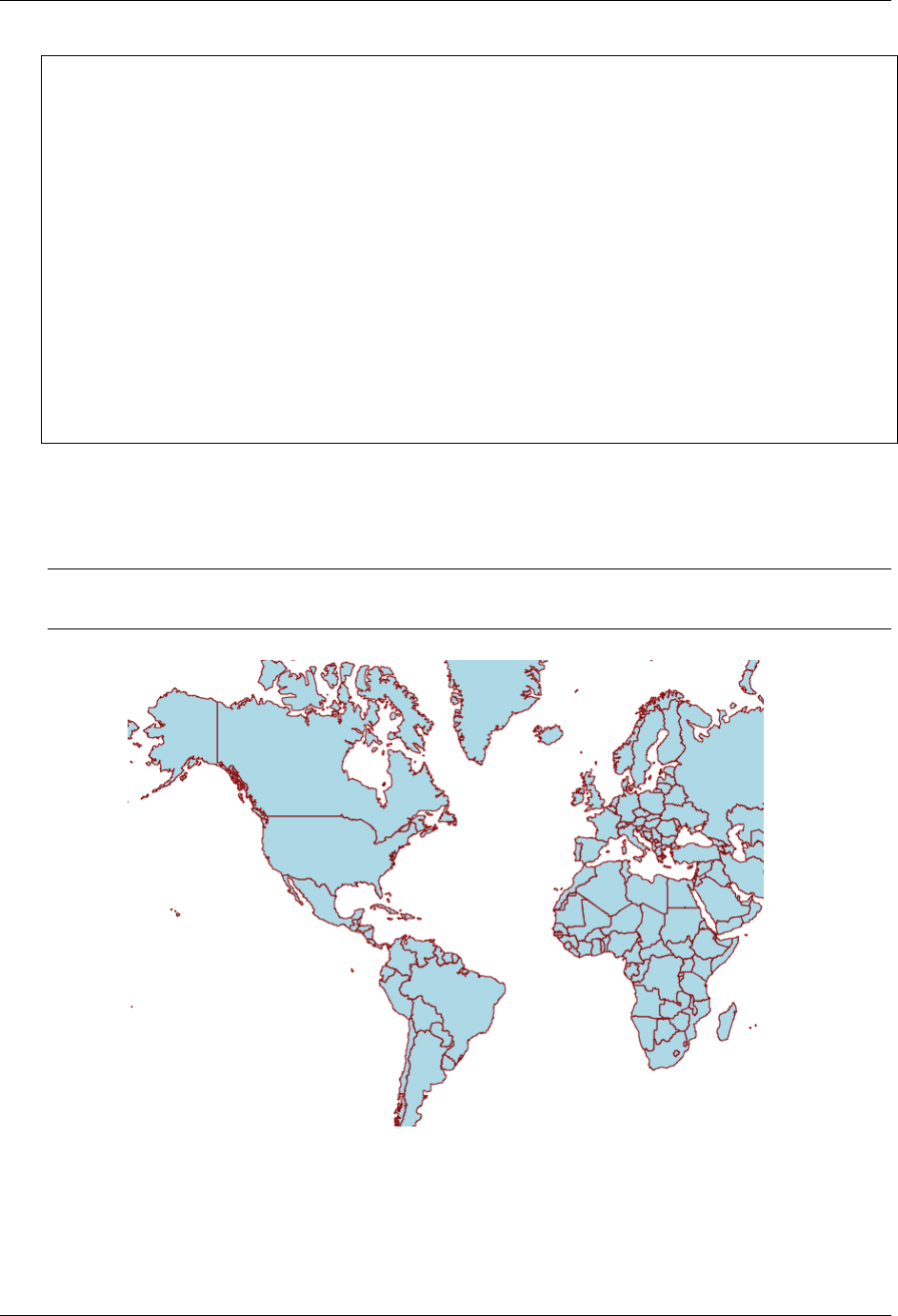
GeoServer User Manual, Release 2.15.1
view:new ol.View({
center:[0,0],
zoom:2
}),
layers:[new ol.layer.VectorTile({
style:simpleStyle,
source:new ol.source.VectorTile({
tilePixelRatio:1,// oversampling when > 1
tileGrid:ol.tilegrid.createXYZ({maxZoom:19}),
format:new ol.format.MVT(),
url:'/geoserver/gwc/service/tms/1.0.0/' +layer +
'@EPSG%3A'+projection_epsg_no+'@pbf/{z}/{x}/{-y}.pbf'
})
})]
});
</script>
</body>
</html>
5. Save this file in the directory created above as index.html.
6. Navigate to http://localhost:8080/geoserver/www/vectortiles/index.html and ver-
ify that the output shows without any errors.
Note: If your GeoServer is deployed at a server other than http://localhost:8080/
geoserver/, then please adjust the above URL.
Fig. 15.40: Vector tile output
These tiles are being rendered by the OpenLayers client.
1658 Chapter 15. Extensions
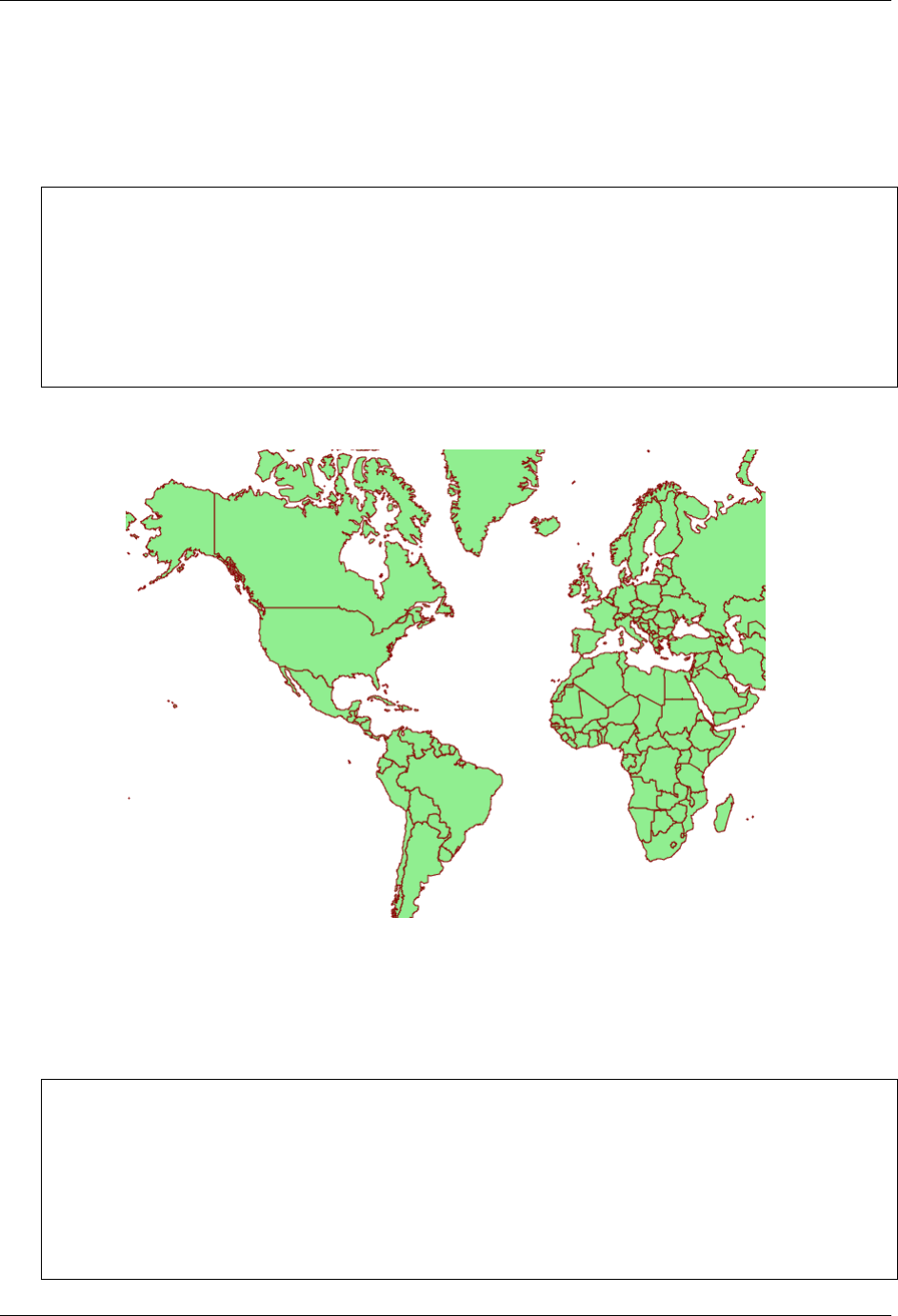
GeoServer User Manual, Release 2.15.1
Styling vector tiles
Since these tiles are rendered in the client, we need only change the styling instructions inside the client
application. No changes to GeoServer are required, and tiles will not have to be regenerated.
1. Change the fill color to light green:
var style_simple = new ol.style.Style({
fill: new ol.style.Fill({
color: 'lightgreen'
}),
stroke: new ol.style.Stroke({
color: '#880000',
width: 1
})
}) ;
2. Save the file and reload the application.
Fig. 15.41: Vector tile output with alternate color
3. We can also do attributed-based styling. This dataset contains has a property (region_un) which
contains the region the country is in. Let’s highlight countries in Africa by adding another style
definition below the existing style:
var style_highlighted = new ol.style.Style({
fill: new ol.style.Fill({
color: 'yellow'
}),
stroke: new ol.style.Stroke({
color: '#880000',
width: 1
})
});
15.17. Vector Tiles 1659
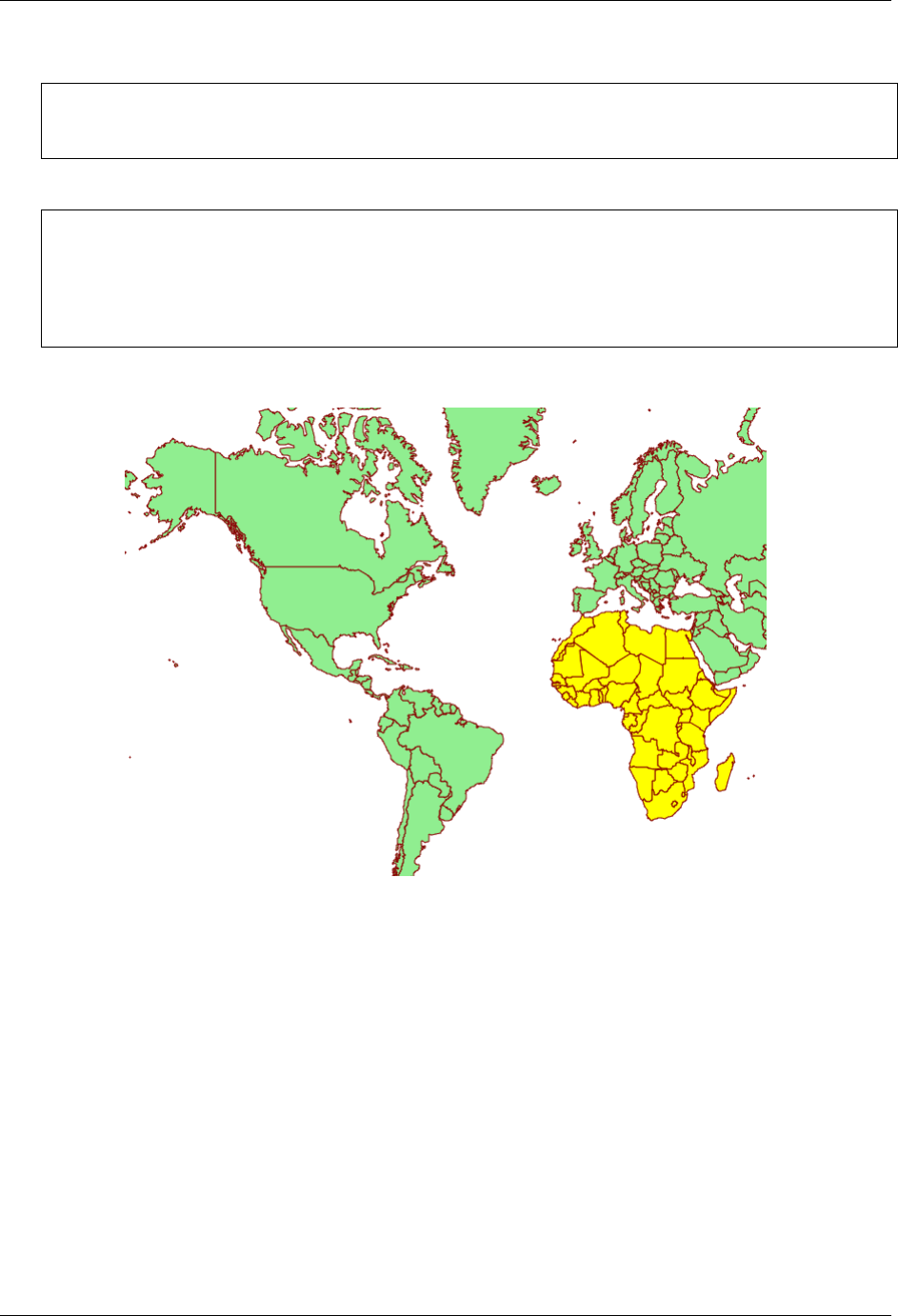
GeoServer User Manual, Release 2.15.1
4. Replace the existing style function:
function simpleStyle(feature) {
return style_simple;
}
with the following:
function simpleStyle(feature) {
if (feature.get("region_un") == "Africa") {
return style_highlighted;
}
return style_simple;
}
5. Save the file and reload the application.
Fig. 15.42: Vector tile output with Africa highlighted
15.18 XSLT WFS output format module
The xslt module for GeoServer is a WFS output format generator which brings togheter a base output,
such as GML, and a XSLT 1.0 style sheet to generate a new textual output format of user choosing.
The configuration for this output format can be either performed directly on disk, or via a REST API.
15.18.1 Manual configuration
All the configuration for the output resides in the $GEOSERVER_DATA_DIR/wfs/transform folder,
which is going to be created on startup when missing if the XSLT output format has been installed in
GeoServer.
1660 Chapter 15. Extensions
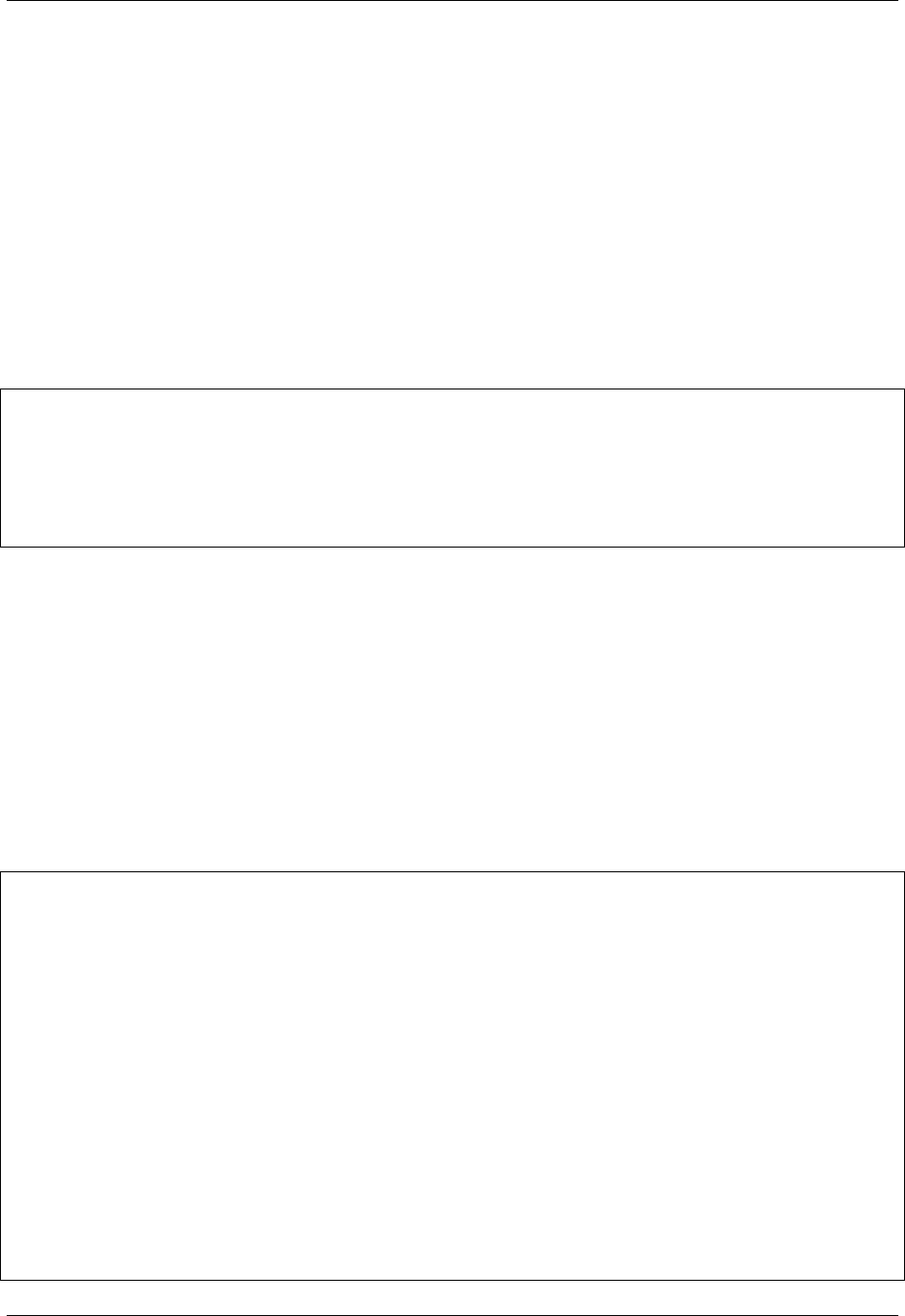
GeoServer User Manual, Release 2.15.1
Each XSLT transformation must be configured with its own xml file in the $GEOSERVER_DATA_DIR/wfs/
transform folder, which in turn points to a xslt file for the transformation. While the names can be
freeform, it is suggested to follow a simple naming convention:
• <mytransformation>.xml for the xml config file
• <mytransformation>.xslt for the xslt tile
Transformations can be either global, and thus applicable to any feature type, or type specific, in which case
the transformation knows about the specific attributes of the transformed feature type.
15.18.2 Global transformation example
Here is an example of a global transformation setup. The $GEOSERVER_DATA_DIR/wfs/transform/
global.xml file will look like:
<transform>
<sourceFormat>text/xml; subtype=gml/2.1.2</sourceFormat>
<outputFormat>HTML</outputFormat>
<outputMimeType>text/html</outputMimeType>
<fileExtension>html</fileExtension>
<xslt>global.xslt</xslt>
</transform>
Here is an explanation of each element:
•sourceFormat (mandatory): the output format used as the source of the XSLT transformation
•outputFormat (mandatory): the output format generated by the transformation
•outputMimeType (optional): the mime type for the generated output. In case it’s missing, the
outputFormat is assumed to be a mime type and used for the purpose.
•fileExtension (optional): the file extension for the generated output. In case it’s missing txt will
be used.
•xslt (mandatory): the name of XSLT 1.0 style sheet used for the transformation
The associated XSLT file will be $GEOSERVER_DATA_DIR/wfs/transform/global.xslt folder, and it
will be able to transform any GML2 input into a corresponding HTML file. Here is an example:
<?xml version="1.0" encoding="ISO-8859-1"?>
<xsl:stylesheet version="1.0" xmlns:wfs="http://www.opengis.net/wfs"
xmlns:tiger="http://www.census.gov" xmlns:gml="http://www.opengis.net/gml"
xmlns:xsl="http://www.w3.org/1999/XSL/Transform">
<xsl:template match="/">
<html>
<body>
<xsl:for-each select="wfs:FeatureCollection/gml:featureMember/*">
<h2><xsl:value-of select="@fid"/></h2>
<table border="1">
<tr>
<th>Attribute</th>
<th>Value</th>
</tr>
<!-- [not(*)] strips away all nodes having
children, in particular, geometries -->
<xsl:for-each select="./*[not(*)]">
<tr>
<td>
15.18. XSLT WFS output format module 1661

GeoServer User Manual, Release 2.15.1
<xsl:value-of select="name()" />
</td>
<td>
<xsl:value-of select="." />
</td>
</tr>
</xsl:for-each>
</table>
</xsl:for-each>
</body>
</html>
</xsl:template>
</xsl:stylesheet>
15.18.3 Type specific transformations
Type specific transformations can refer to a specific type and leverage its attributes directly. While not
required, it is good practice to setup a global transformation that can handle any feature type (since the
output format is declared in the capabilities document as being general, not type specific) and then override
it for specific feature types in order to create special transformations for them.
Here is an example of a transformation declaration that is type specific, that will be located at
$GEOSERVER_DATA_DIR/wfs/transform/html_bridges.xml
<transform>
<sourceFormat>text/xml; subtype=gml/2.1.2</sourceFormat>
<outputFormat>HTML</outputFormat>
<outputMimeType>text/html</outputMimeType>
<fileExtension>html</fileExtension>
<xslt>html_bridges.xslt</xslt>
<featureType>
<id>cite:Bridges</id>
</featureType>
</transform>
The extra featureType element associates the transformation to the specific feature type
The associated xslt file will be located at $GEOSERVER_DATA_DIR/wfs/transform/html_bridges.
xslt and will leveraging knowlegde about the input attributes:
<?xml version="1.0" encoding="ISO-8859-1"?>
<xsl:stylesheet version="1.0" xmlns:wfs="http://www.opengis.net/wfs"
xmlns:cite="http://www.opengis.net/cite" xmlns:gml="http://www.opengis.net/gml"
xmlns:xsl="http://www.w3.org/1999/XSL/Transform">
<xsl:template match="/">
<html>
<body>
<h2>Bridges</h2>
<xsl:for-each
select="wfs:FeatureCollection/gml:featureMember/cite:Bridges">
<ul>
<li>ID: <xsl:value-of select="@fid" /></li>
<li>FID: <xsl:value-of select="cite:FID" /></li>
<li>Name: <xsl:value-of select="cite:NAME" /></li>
</ul>
<p/>
</xsl:for-each>
1662 Chapter 15. Extensions
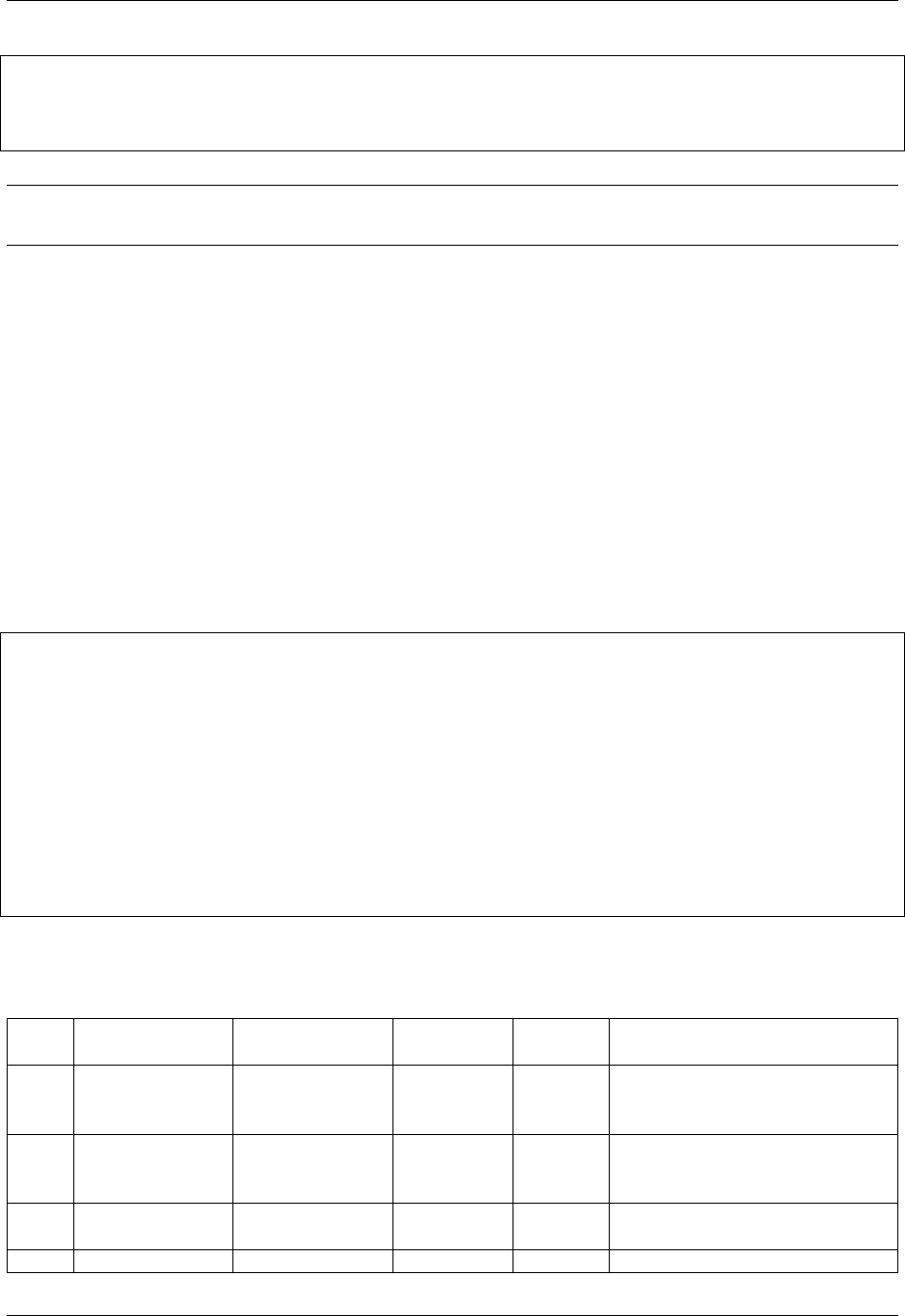
GeoServer User Manual, Release 2.15.1
</body>
</html>
</xsl:template>
</xsl:stylesheet>
Note: While writing the XSLT always remember to declare all prefixes used in the sheet in the stylesheet
element, otherwise you might encounter hard to understand error messages
A specific feature type can be associated to multiple output formats. While uncommon, the same xslt file
can also be associated to multiple feature types by creating multiple xml configuration files, and associating
a different feature type in each.
15.18.4 Rest configuration
Transformations can be created, updated and deleted via the REST api (normally, this requires administra-
tor privileges). Each transformation is represented with the same XML format used on disk, but with two
variants:
• a new name attribute appears, which matches the XML file name
• the featureType element contains also a link to the resource representing the feature type in the
REST config tree
For example:
<transform>
<name>test</name>
<sourceFormat>text/xml; subtype=gml/2.1.2</sourceFormat>
<outputFormat>text/html</outputFormat>
<fileExtension>html</fileExtension>
<xslt>test-tx.xslt</xslt>
<featureType>
<name>tiger:poi</name>
<atom:link xmlns:atom="http://www.w3.org/2005/Atom" rel="alternate" href="http://
,→localhost:8080/geoserver/rest/workspaces/cite/datastores/cite/featuretypes/bridges.
,→xml" type="application/xml"/>
</featureType>
</transform>
Here is a list of resources and the HTTP methods that can be used on them.
/rest/services/wfs/transforms[.<format>]
Method Action Return Code Formats Default
Format
Parameters
GET List all available
transforms
200 HTML,
XML,
JSON
HTML
POST Add a new
transformation
201, with
Location
header
XML,
JSON
name, sourceFormat, output-
Format, outputMimeType
PUT Update global
settings
200 XML,
JSON
DELETE 405
15.18. XSLT WFS output format module 1663
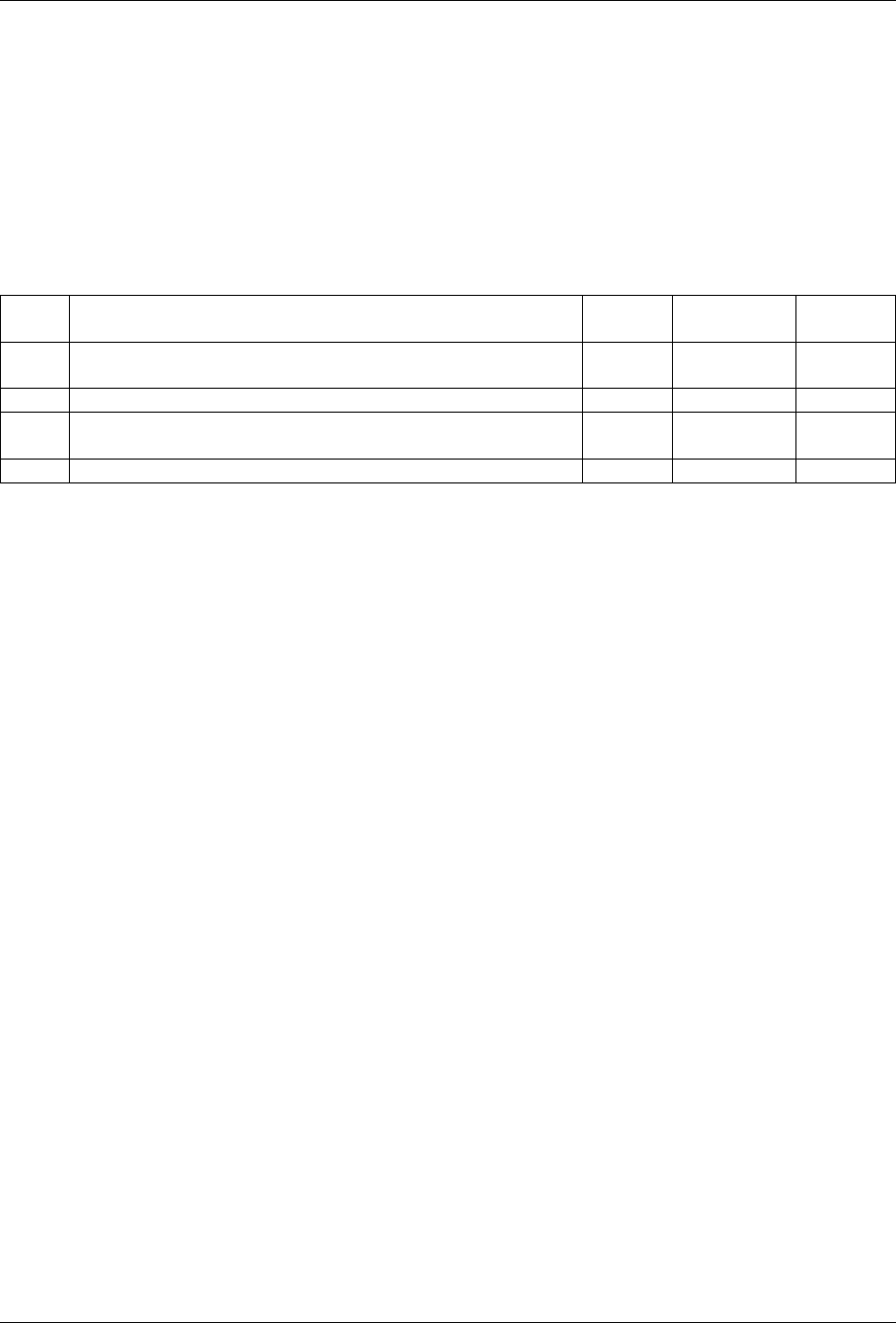
GeoServer User Manual, Release 2.15.1
The POST method can be used to create a transformation in two ways:
• if the content type used is application/xml the server will assume a <transform> definition is
being posted, and the XSLT will have to be uploaded separately using a PUT request with content
type application/xslt+xml against the transformation resource
• if the content type used is application/xslt+xml the server will assume the XSLT itself is being
posted, and the name,sourceFormat,outputFormat,outputMimeType query parameters will
be used to fill in the transform configuration instead
/rest/services/wfs/transforms/<transform>[.<format>]
Method Action Return
Code
Formats Default
Format
GET Returns the transformation 200 HTML,
XML, XSLT
HTML
POST 405
PUT Updates either the transformation configuration, or its
XSLT, depending on the mime type used
200 XML, XSLT
DELETEDeletes the transformation 200
The PUT operation behaves differently depending on the content type used in the request:
• if the content type used is application/xml the server will assume a <transform> definition is
being sent and will update it
• if the content type used is application/xslt+xml the server will assume the XSLT itself is being
posted, as such the configuration won’t be modified, but the XSLT associated to it will be overwritten
instead
15.19 Web Coverage Service 2.0 Earth Observation extensions
The WCS 2.0 Earth Observation application profile (EO-WCS, OGC 10-140r1) extends the base WCS 2.0
protocol by adding temporal support and complex coverage structural description to the base WCS 2.0
protocol, in addition to requiring that a number of other extensions are supported - the base GeoServer
WCS 2.0 module already supports all of those, such as subsetting and reprojection for example). The full
specification can be downloaded from the OGC web site.
In the WCS 2.0 EO data model we not only have coverages, but also stitched mosaics (sets of coverages
making up a mosaic of images, all granules having the same time and elevation) and dataset series, groups
of coverages having different times and/or other attributes (elevation, custom dimensions). A dataset
series is exposed in the capabilities document (inside the extension section) and its internal structure can
be retrieved calling the new DescribeEOCoverageSet call. At the time of writing the EO extension adds
support for dataset series, but does not provide direct support for stitched mosaic description.
Each grid layer exposing its inner structure will then expose a flag to enable its exposure as a dataset series.
At the time of writing, the only grid readers capable of exposing their internal structure are image mosaic
and netCDF.
15.19.1 Installing the WCS 2.0 EO extension
The steps to install the EO extension as the same as most other extensions:
• Go to the download page and look among the extensions
1664 Chapter 15. Extensions
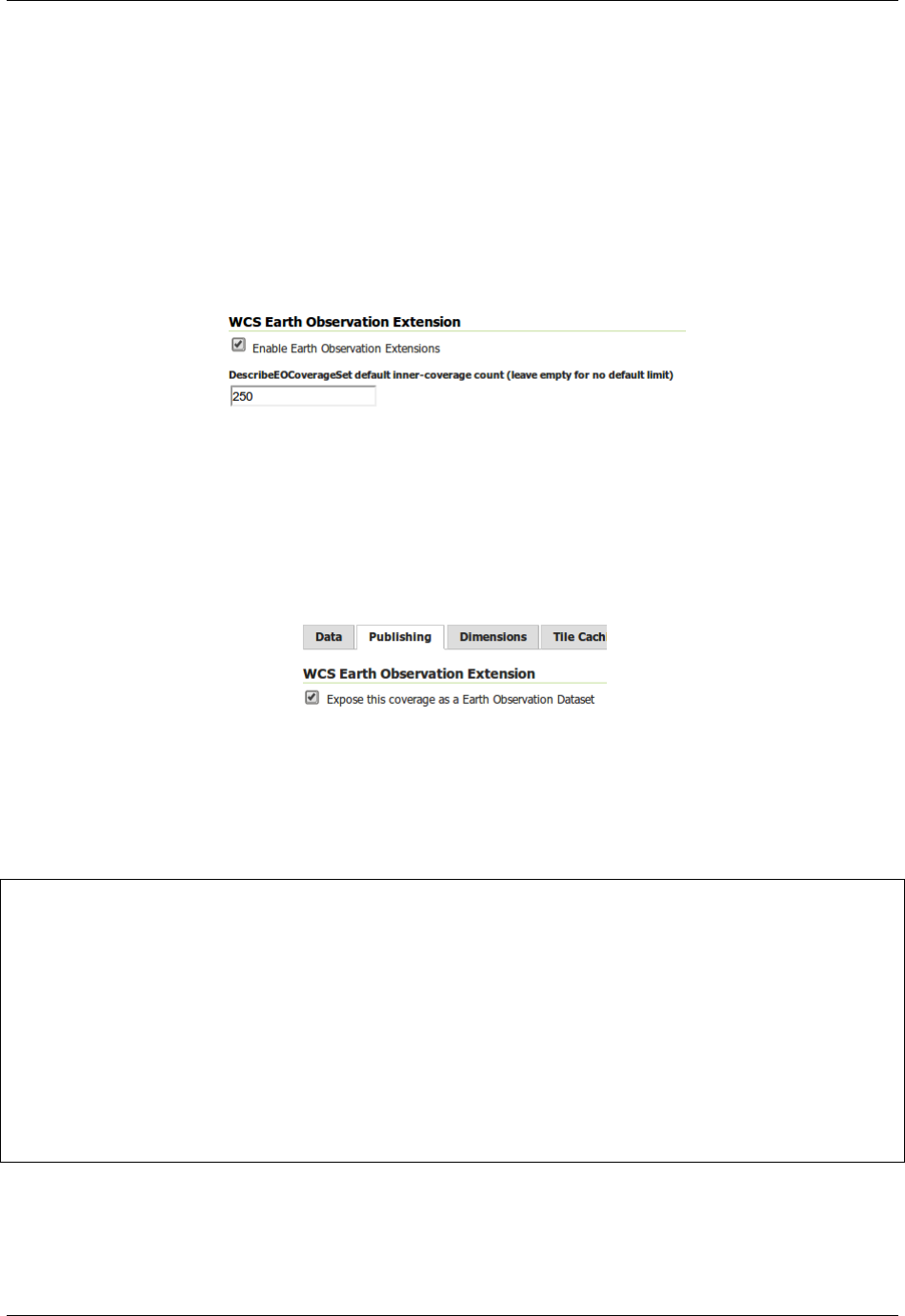
GeoServer User Manual, Release 2.15.1
• Download the WCS 2.0 EO extension package (it’s a zip file)
• Stop GeoServer (or the web container hosting it)
• Unpack the contents of the zip file in the geoserver/WEB-INF/lib folder
• Restart GeoServer
15.19.2 Exposing dataset series
The first step to work with EO is to go into the WCS service panel and enable the EO extensions:
Fig. 15.43: Enabling the WCS 2.0 EO extensions
The second step is finding and activating the EO extensions for a suitable grid layer, which needs to be one
with time dimension support and ability to describe its inner structure. At the time of writing, this means
a image mosaic with time support or a netCDF data layer with time dimension. Once the layer is located,
the EO extensions for it can be enabled by ticking a checkbox in the publishing tab:
Fig. 15.44: Exposing a layer as a dataset
Once that is done the capabilities document (e.g. http://localhost:8080/geoserver/ows?
service=WCS&version=2.0.1&request=GetCapabilities for WCS 2.0 will contain an indication
that a coverage set is present:
<wcs:Extension>
<wcseo:DatasetSeriesSummary>
<ows:WGS84BoundingBox>
<ows:LowerCorner>0.2372206885127698 40.562080748421806</ows:LowerCorner>
<ows:UpperCorner>14.592757149389236 44.55808294568743</ows:UpperCorner>
</ows:WGS84BoundingBox>
<wcseo:DatasetSeriesId>nurc__watertemp_dss</wcseo:DatasetSeriesId>
<gml:TimePeriod gml:id="nurc__watertemp_dss__timeperiod">
<gml:beginPosition>2008-10-31T00:00:00.000Z</gml:beginPosition>
<gml:endPosition>2008-11-01T00:00:00.000Z</gml:endPosition>
</gml:TimePeriod>
</wcseo:DatasetSeriesSummary>
</wcs:Extension>
And issuing a DescribeEOCoverageSet (e.g. http://localhost:8080/geoserver/ows?
service=WCS&version=2.0.1&request=DescribeEOCoverageSet&eoId=nurc__watertemp_dss)
on it will return the following:
15.19. Web Coverage Service 2.0 Earth Observation extensions 1665

GeoServer User Manual, Release 2.15.1
<?xml version="1.0" encoding="UTF-8"?>
<wcseo:EOCoverageSetDescription xmlns:eop="http://www.opengis.net/eop/2.0" xmlns:gml=
,→"http://www.opengis.net/gml/3.2" xmlns:wcsgs="http://www.geoserver.org/wcsgs/2.0"
,→xmlns:gmlcov="http://www.opengis.net/gmlcov/1.0" xmlns:om="http://www.opengis.net/
,→om/2.0" xmlns:swe="http://www.opengis.net/swe/2.0" xmlns:wcs="http://www.opengis.
,→net/wcs/2.0" xmlns:wcseo="http://www.opengis.net/wcseo/1.0" xmlns:xlink="http://www.
,→w3.org/1999/xlink" xmlns:xsi="http://www.w3.org/2001/XMLSchema-instance"
,→numberMatched="4" numberReturned="4" xsi:schemaLocation="http://www.opengis.net/
,→wcseo/1.0 http://localhost:8080/geoserver/schemas/wcseo/1.0/wcsEOAll.xsd">
<wcs:CoverageDescriptions>
<wcs:CoverageDescription gml:id="nurc__watertemp_granule_watertemp.1">
<gml:boundedBy>
<gml:EnvelopeWithTimePeriod srsName="http://www.opengis.net/def/crs/EPSG/0/
,→4326" axisLabels="Lat Long time" uomLabels="Deg Deg s" srsDimension="2">
<gml:lowerCorner>40.562080748421806 0.23722068851276978</gml:lowerCorner>
<gml:upperCorner>44.55808294568743 14.592757149389236</gml:upperCorner>
<gml:beginPosition>2008-11-01T00:00:00.000Z</gml:beginPosition>
<gml:endPosition>2008-11-01T00:00:00.000Z</gml:endPosition>
</gml:EnvelopeWithTimePeriod>
</gml:boundedBy>
<wcs:CoverageId>nurc__watertemp_granule_watertemp.1</wcs:CoverageId>
<gml:coverageFunction>
<gml:GridFunction>
<gml:sequenceRule axisOrder="+2 +1">Linear</gml:sequenceRule>
<gml:startPoint>0 0</gml:startPoint>
</gml:GridFunction>
</gml:coverageFunction>
<gmlcov:metadata>
<gmlcov:Extension>
<wcsgs:TimeDomain default="2008-11-01T00:00:00.000Z">
<gml:TimeInstant gml:id="nurc__watertemp_granule_watertemp.1_td_0">
<gml:timePosition>2008-11-01T00:00:00.000Z</gml:timePosition>
</gml:TimeInstant>
</wcsgs:TimeDomain>
<wcseo:EOMetadata>
<eop:EarthObservation gml:id="nurc__watertemp_metadata">
<om:phenomenonTime>
<gml:TimePeriod gml:id="nurc__watertemp_tp">
<gml:beginPosition>2008-11-01T00:00:00.000Z</gml:beginPosition>
<gml:endPosition>2008-11-01T00:00:00.000Z</gml:endPosition>
</gml:TimePeriod>
</om:phenomenonTime>
<om:resultTime>
<gml:TimeInstant gml:id="nurc__watertemp_rt">
<gml:timePosition>2008-11-01T00:00:00.000Z</gml:timePosition>
</gml:TimeInstant>
</om:resultTime>
<om:procedure/>
<om:observedProperty/>
<om:FeatureOfInterest>
<eop:Footprint gml:id="nurc__watertemp_fp">
<eop:multiExtentOf>
<gml:MultiSurface gml:id="nurc__watertemp_ms" srsName="http://www.
,→opengis.net/def/crs/EPSG/0/4326">
<gml:surfaceMembers>
<gml:Polygon gml:id="nurc__watertemp_msp">
<gml:exterior>
<gml:LinearRing>
1666 Chapter 15. Extensions

GeoServer User Manual, Release 2.15.1
<gml:posList>40.562080748421806 0.23722068851276978 40.
,→562080748421806 14.592757149389236 44.55808294568743 14.592757149389236 44.
,→55808294568743 0.23722068851276978 40.562080748421806 0.23722068851276978</
,→gml:posList>
</gml:LinearRing>
</gml:exterior>
</gml:Polygon>
</gml:surfaceMembers>
</gml:MultiSurface>
</eop:multiExtentOf>
<eop:centerOf>
<gml:Point gml:id="nurc__watertemp_co" srsName="http://www.
,→opengis.net/def/crs/EPSG/0/4326">
<gml:pos>42.56008184705462 7.4149889189510025</gml:pos>
</gml:Point>
</eop:centerOf>
</eop:Footprint>
</om:FeatureOfInterest>
<eop:metaDataProperty>
<eop:EarthObservationMetaData>
<eop:identifier>nurc__watertemp</eop:identifier>
<eop:acquisitionType>NOMINAL</eop:acquisitionType>
<eop:status>ARCHIVED</eop:status>
</eop:EarthObservationMetaData>
</eop:metaDataProperty>
</eop:EarthObservation>
</wcseo:EOMetadata>
</gmlcov:Extension>
</gmlcov:metadata>
<gml:domainSet>
<gml:RectifiedGrid gml:id="grid00__nurc__watertemp_granule_watertemp.1"
,→dimension="2">
<gml:limits>
<gml:GridEnvelope>
<gml:low>0 0</gml:low>
<gml:high>24 24</gml:high>
</gml:GridEnvelope>
</gml:limits>
<gml:axisLabels>i j</gml:axisLabels>
<gml:origin>
<gml:Point gml:id="p00_nurc__watertemp_granule_watertemp.1" srsName=
,→"http://www.opengis.net/def/crs/EPSG/0/4326">
<gml:pos>44.47816290174212 0.5243314177302991</gml:pos>
</gml:Point>
</gml:origin>
<gml:offsetVector srsName="http://www.opengis.net/def/crs/EPSG/0/4326">0.0
,→0.5742214584350587</gml:offsetVector>
<gml:offsetVector srsName="http://www.opengis.net/def/crs/EPSG/0/4326">-0.
,→159840087890625 0.0</gml:offsetVector>
</gml:RectifiedGrid>
</gml:domainSet>
<gmlcov:rangeType>
<swe:DataRecord>
<swe:field name="GRAY_INDEX">
<swe:Quantity>
<swe:description>GRAY_INDEX</swe:description>
<swe:uom code="W.m-2.Sr-1"/>
<swe:constraint>
15.19. Web Coverage Service 2.0 Earth Observation extensions 1667

GeoServer User Manual, Release 2.15.1
<swe:AllowedValues>
<swe:interval>-1.7976931348623157E308 1.7976931348623157E308</
,→swe:interval>
</swe:AllowedValues>
</swe:constraint>
</swe:Quantity>
</swe:field>
</swe:DataRecord>
</gmlcov:rangeType>
<wcs:ServiceParameters>
<wcs:CoverageSubtype>RectifiedGridCoverage</wcs:CoverageSubtype>
<wcs:nativeFormat>image/tiff</wcs:nativeFormat>
</wcs:ServiceParameters>
</wcs:CoverageDescription>
<wcs:CoverageDescription gml:id="nurc__watertemp_granule_watertemp.2">
<gml:boundedBy>
<gml:EnvelopeWithTimePeriod srsName="http://www.opengis.net/def/crs/EPSG/0/
,→4326" axisLabels="Lat Long time" uomLabels="Deg Deg s" srsDimension="2">
<gml:lowerCorner>40.562080748421806 0.23722068851276978</gml:lowerCorner>
<gml:upperCorner>44.55808294568743 14.592757149389236</gml:upperCorner>
<gml:beginPosition>2008-11-01T00:00:00.000Z</gml:beginPosition>
<gml:endPosition>2008-11-01T00:00:00.000Z</gml:endPosition>
</gml:EnvelopeWithTimePeriod>
</gml:boundedBy>
<wcs:CoverageId>nurc__watertemp_granule_watertemp.2</wcs:CoverageId>
<gml:coverageFunction>
<gml:GridFunction>
<gml:sequenceRule axisOrder="+2 +1">Linear</gml:sequenceRule>
<gml:startPoint>0 0</gml:startPoint>
</gml:GridFunction>
</gml:coverageFunction>
<gmlcov:metadata>
<gmlcov:Extension>
<wcsgs:TimeDomain default="2008-11-01T00:00:00.000Z">
<gml:TimeInstant gml:id="nurc__watertemp_granule_watertemp.2_td_0">
<gml:timePosition>2008-11-01T00:00:00.000Z</gml:timePosition>
</gml:TimeInstant>
</wcsgs:TimeDomain>
<wcseo:EOMetadata>
<eop:EarthObservation gml:id="nurc__watertemp_metadata">
<om:phenomenonTime>
<gml:TimePeriod gml:id="nurc__watertemp_tp">
<gml:beginPosition>2008-11-01T00:00:00.000Z</gml:beginPosition>
<gml:endPosition>2008-11-01T00:00:00.000Z</gml:endPosition>
</gml:TimePeriod>
</om:phenomenonTime>
<om:resultTime>
<gml:TimeInstant gml:id="nurc__watertemp_rt">
<gml:timePosition>2008-11-01T00:00:00.000Z</gml:timePosition>
</gml:TimeInstant>
</om:resultTime>
<om:procedure/>
<om:observedProperty/>
<om:FeatureOfInterest>
<eop:Footprint gml:id="nurc__watertemp_fp">
<eop:multiExtentOf>
<gml:MultiSurface gml:id="nurc__watertemp_ms" srsName="http://www.
,→opengis.net/def/crs/EPSG/0/4326">
1668 Chapter 15. Extensions

GeoServer User Manual, Release 2.15.1
<gml:surfaceMembers>
<gml:Polygon gml:id="nurc__watertemp_msp">
<gml:exterior>
<gml:LinearRing>
<gml:posList>40.562080748421806 0.23722068851276978 40.
,→562080748421806 14.592757149389236 44.55808294568743 14.592757149389236 44.
,→55808294568743 0.23722068851276978 40.562080748421806 0.23722068851276978</
,→gml:posList>
</gml:LinearRing>
</gml:exterior>
</gml:Polygon>
</gml:surfaceMembers>
</gml:MultiSurface>
</eop:multiExtentOf>
<eop:centerOf>
<gml:Point gml:id="nurc__watertemp_co" srsName="http://www.
,→opengis.net/def/crs/EPSG/0/4326">
<gml:pos>42.56008184705462 7.4149889189510025</gml:pos>
</gml:Point>
</eop:centerOf>
</eop:Footprint>
</om:FeatureOfInterest>
<eop:metaDataProperty>
<eop:EarthObservationMetaData>
<eop:identifier>nurc__watertemp</eop:identifier>
<eop:acquisitionType>NOMINAL</eop:acquisitionType>
<eop:status>ARCHIVED</eop:status>
</eop:EarthObservationMetaData>
</eop:metaDataProperty>
</eop:EarthObservation>
</wcseo:EOMetadata>
</gmlcov:Extension>
</gmlcov:metadata>
<gml:domainSet>
<gml:RectifiedGrid gml:id="grid00__nurc__watertemp_granule_watertemp.2"
,→dimension="2">
<gml:limits>
<gml:GridEnvelope>
<gml:low>0 0</gml:low>
<gml:high>24 24</gml:high>
</gml:GridEnvelope>
</gml:limits>
<gml:axisLabels>i j</gml:axisLabels>
<gml:origin>
<gml:Point gml:id="p00_nurc__watertemp_granule_watertemp.2" srsName=
,→"http://www.opengis.net/def/crs/EPSG/0/4326">
<gml:pos>44.47816290174212 0.5243314177302991</gml:pos>
</gml:Point>
</gml:origin>
<gml:offsetVector srsName="http://www.opengis.net/def/crs/EPSG/0/4326">0.0
,→0.5742214584350587</gml:offsetVector>
<gml:offsetVector srsName="http://www.opengis.net/def/crs/EPSG/0/4326">-0.
,→159840087890625 0.0</gml:offsetVector>
</gml:RectifiedGrid>
</gml:domainSet>
<gmlcov:rangeType>
<swe:DataRecord>
<swe:field name="GRAY_INDEX">
15.19. Web Coverage Service 2.0 Earth Observation extensions 1669

GeoServer User Manual, Release 2.15.1
<swe:Quantity>
<swe:description>GRAY_INDEX</swe:description>
<swe:uom code="W.m-2.Sr-1"/>
<swe:constraint>
<swe:AllowedValues>
<swe:interval>-1.7976931348623157E308 1.7976931348623157E308</
,→swe:interval>
</swe:AllowedValues>
</swe:constraint>
</swe:Quantity>
</swe:field>
</swe:DataRecord>
</gmlcov:rangeType>
<wcs:ServiceParameters>
<wcs:CoverageSubtype>RectifiedGridCoverage</wcs:CoverageSubtype>
<wcs:nativeFormat>image/tiff</wcs:nativeFormat>
</wcs:ServiceParameters>
</wcs:CoverageDescription>
<wcs:CoverageDescription gml:id="nurc__watertemp_granule_watertemp.3">
<gml:boundedBy>
<gml:EnvelopeWithTimePeriod srsName="http://www.opengis.net/def/crs/EPSG/0/
,→4326" axisLabels="Lat Long time" uomLabels="Deg Deg s" srsDimension="2">
<gml:lowerCorner>40.562080748421806 0.23722068851276978</gml:lowerCorner>
<gml:upperCorner>44.55808294568743 14.592757149389236</gml:upperCorner>
<gml:beginPosition>2008-10-31T00:00:00.000Z</gml:beginPosition>
<gml:endPosition>2008-10-31T00:00:00.000Z</gml:endPosition>
</gml:EnvelopeWithTimePeriod>
</gml:boundedBy>
<wcs:CoverageId>nurc__watertemp_granule_watertemp.3</wcs:CoverageId>
<gml:coverageFunction>
<gml:GridFunction>
<gml:sequenceRule axisOrder="+2 +1">Linear</gml:sequenceRule>
<gml:startPoint>0 0</gml:startPoint>
</gml:GridFunction>
</gml:coverageFunction>
<gmlcov:metadata>
<gmlcov:Extension>
<wcsgs:TimeDomain default="2008-10-31T00:00:00.000Z">
<gml:TimeInstant gml:id="nurc__watertemp_granule_watertemp.3_td_0">
<gml:timePosition>2008-10-31T00:00:00.000Z</gml:timePosition>
</gml:TimeInstant>
</wcsgs:TimeDomain>
<wcseo:EOMetadata>
<eop:EarthObservation gml:id="nurc__watertemp_metadata">
<om:phenomenonTime>
<gml:TimePeriod gml:id="nurc__watertemp_tp">
<gml:beginPosition>2008-10-31T00:00:00.000Z</gml:beginPosition>
<gml:endPosition>2008-10-31T00:00:00.000Z</gml:endPosition>
</gml:TimePeriod>
</om:phenomenonTime>
<om:resultTime>
<gml:TimeInstant gml:id="nurc__watertemp_rt">
<gml:timePosition>2008-10-31T00:00:00.000Z</gml:timePosition>
</gml:TimeInstant>
</om:resultTime>
<om:procedure/>
<om:observedProperty/>
<om:FeatureOfInterest>
1670 Chapter 15. Extensions

GeoServer User Manual, Release 2.15.1
<eop:Footprint gml:id="nurc__watertemp_fp">
<eop:multiExtentOf>
<gml:MultiSurface gml:id="nurc__watertemp_ms" srsName="http://www.
,→opengis.net/def/crs/EPSG/0/4326">
<gml:surfaceMembers>
<gml:Polygon gml:id="nurc__watertemp_msp">
<gml:exterior>
<gml:LinearRing>
<gml:posList>40.562080748421806 0.23722068851276978 40.
,→562080748421806 14.592757149389236 44.55808294568743 14.592757149389236 44.
,→55808294568743 0.23722068851276978 40.562080748421806 0.23722068851276978</
,→gml:posList>
</gml:LinearRing>
</gml:exterior>
</gml:Polygon>
</gml:surfaceMembers>
</gml:MultiSurface>
</eop:multiExtentOf>
<eop:centerOf>
<gml:Point gml:id="nurc__watertemp_co" srsName="http://www.
,→opengis.net/def/crs/EPSG/0/4326">
<gml:pos>42.56008184705462 7.4149889189510025</gml:pos>
</gml:Point>
</eop:centerOf>
</eop:Footprint>
</om:FeatureOfInterest>
<eop:metaDataProperty>
<eop:EarthObservationMetaData>
<eop:identifier>nurc__watertemp</eop:identifier>
<eop:acquisitionType>NOMINAL</eop:acquisitionType>
<eop:status>ARCHIVED</eop:status>
</eop:EarthObservationMetaData>
</eop:metaDataProperty>
</eop:EarthObservation>
</wcseo:EOMetadata>
</gmlcov:Extension>
</gmlcov:metadata>
<gml:domainSet>
<gml:RectifiedGrid gml:id="grid00__nurc__watertemp_granule_watertemp.3"
,→dimension="2">
<gml:limits>
<gml:GridEnvelope>
<gml:low>0 0</gml:low>
<gml:high>24 24</gml:high>
</gml:GridEnvelope>
</gml:limits>
<gml:axisLabels>i j</gml:axisLabels>
<gml:origin>
<gml:Point gml:id="p00_nurc__watertemp_granule_watertemp.3" srsName=
,→"http://www.opengis.net/def/crs/EPSG/0/4326">
<gml:pos>44.47816290174212 0.5243314177302991</gml:pos>
</gml:Point>
</gml:origin>
<gml:offsetVector srsName="http://www.opengis.net/def/crs/EPSG/0/4326">0.0
,→0.5742214584350587</gml:offsetVector>
<gml:offsetVector srsName="http://www.opengis.net/def/crs/EPSG/0/4326">-0.
,→159840087890625 0.0</gml:offsetVector>
</gml:RectifiedGrid>
15.19. Web Coverage Service 2.0 Earth Observation extensions 1671

GeoServer User Manual, Release 2.15.1
</gml:domainSet>
<gmlcov:rangeType>
<swe:DataRecord>
<swe:field name="GRAY_INDEX">
<swe:Quantity>
<swe:description>GRAY_INDEX</swe:description>
<swe:uom code="W.m-2.Sr-1"/>
<swe:constraint>
<swe:AllowedValues>
<swe:interval>-1.7976931348623157E308 1.7976931348623157E308</
,→swe:interval>
</swe:AllowedValues>
</swe:constraint>
</swe:Quantity>
</swe:field>
</swe:DataRecord>
</gmlcov:rangeType>
<wcs:ServiceParameters>
<wcs:CoverageSubtype>RectifiedGridCoverage</wcs:CoverageSubtype>
<wcs:nativeFormat>image/tiff</wcs:nativeFormat>
</wcs:ServiceParameters>
</wcs:CoverageDescription>
<wcs:CoverageDescription gml:id="nurc__watertemp_granule_watertemp.4">
<gml:boundedBy>
<gml:EnvelopeWithTimePeriod srsName="http://www.opengis.net/def/crs/EPSG/0/
,→4326" axisLabels="Lat Long time" uomLabels="Deg Deg s" srsDimension="2">
<gml:lowerCorner>40.562080748421806 0.23722068851276978</gml:lowerCorner>
<gml:upperCorner>44.55808294568743 14.592757149389236</gml:upperCorner>
<gml:beginPosition>2008-10-31T00:00:00.000Z</gml:beginPosition>
<gml:endPosition>2008-10-31T00:00:00.000Z</gml:endPosition>
</gml:EnvelopeWithTimePeriod>
</gml:boundedBy>
<wcs:CoverageId>nurc__watertemp_granule_watertemp.4</wcs:CoverageId>
<gml:coverageFunction>
<gml:GridFunction>
<gml:sequenceRule axisOrder="+2 +1">Linear</gml:sequenceRule>
<gml:startPoint>0 0</gml:startPoint>
</gml:GridFunction>
</gml:coverageFunction>
<gmlcov:metadata>
<gmlcov:Extension>
<wcsgs:TimeDomain default="2008-10-31T00:00:00.000Z">
<gml:TimeInstant gml:id="nurc__watertemp_granule_watertemp.4_td_0">
<gml:timePosition>2008-10-31T00:00:00.000Z</gml:timePosition>
</gml:TimeInstant>
</wcsgs:TimeDomain>
<wcseo:EOMetadata>
<eop:EarthObservation gml:id="nurc__watertemp_metadata">
<om:phenomenonTime>
<gml:TimePeriod gml:id="nurc__watertemp_tp">
<gml:beginPosition>2008-10-31T00:00:00.000Z</gml:beginPosition>
<gml:endPosition>2008-10-31T00:00:00.000Z</gml:endPosition>
</gml:TimePeriod>
</om:phenomenonTime>
<om:resultTime>
<gml:TimeInstant gml:id="nurc__watertemp_rt">
<gml:timePosition>2008-10-31T00:00:00.000Z</gml:timePosition>
</gml:TimeInstant>
1672 Chapter 15. Extensions

GeoServer User Manual, Release 2.15.1
</om:resultTime>
<om:procedure/>
<om:observedProperty/>
<om:FeatureOfInterest>
<eop:Footprint gml:id="nurc__watertemp_fp">
<eop:multiExtentOf>
<gml:MultiSurface gml:id="nurc__watertemp_ms" srsName="http://www.
,→opengis.net/def/crs/EPSG/0/4326">
<gml:surfaceMembers>
<gml:Polygon gml:id="nurc__watertemp_msp">
<gml:exterior>
<gml:LinearRing>
<gml:posList>40.562080748421806 0.23722068851276978 40.
,→562080748421806 14.592757149389236 44.55808294568743 14.592757149389236 44.
,→55808294568743 0.23722068851276978 40.562080748421806 0.23722068851276978</
,→gml:posList>
</gml:LinearRing>
</gml:exterior>
</gml:Polygon>
</gml:surfaceMembers>
</gml:MultiSurface>
</eop:multiExtentOf>
<eop:centerOf>
<gml:Point gml:id="nurc__watertemp_co" srsName="http://www.
,→opengis.net/def/crs/EPSG/0/4326">
<gml:pos>42.56008184705462 7.4149889189510025</gml:pos>
</gml:Point>
</eop:centerOf>
</eop:Footprint>
</om:FeatureOfInterest>
<eop:metaDataProperty>
<eop:EarthObservationMetaData>
<eop:identifier>nurc__watertemp</eop:identifier>
<eop:acquisitionType>NOMINAL</eop:acquisitionType>
<eop:status>ARCHIVED</eop:status>
</eop:EarthObservationMetaData>
</eop:metaDataProperty>
</eop:EarthObservation>
</wcseo:EOMetadata>
</gmlcov:Extension>
</gmlcov:metadata>
<gml:domainSet>
<gml:RectifiedGrid gml:id="grid00__nurc__watertemp_granule_watertemp.4"
,→dimension="2">
<gml:limits>
<gml:GridEnvelope>
<gml:low>0 0</gml:low>
<gml:high>24 24</gml:high>
</gml:GridEnvelope>
</gml:limits>
<gml:axisLabels>i j</gml:axisLabels>
<gml:origin>
<gml:Point gml:id="p00_nurc__watertemp_granule_watertemp.4" srsName=
,→"http://www.opengis.net/def/crs/EPSG/0/4326">
<gml:pos>44.47816290174212 0.5243314177302991</gml:pos>
</gml:Point>
</gml:origin>
<gml:offsetVector srsName="http://www.opengis.net/def/crs/EPSG/0/4326">0.0
,→0.5742214584350587</gml:offsetVector>
15.19. Web Coverage Service 2.0 Earth Observation extensions 1673

GeoServer User Manual, Release 2.15.1
<gml:offsetVector srsName="http://www.opengis.net/def/crs/EPSG/0/4326">-0.
,→159840087890625 0.0</gml:offsetVector>
</gml:RectifiedGrid>
</gml:domainSet>
<gmlcov:rangeType>
<swe:DataRecord>
<swe:field name="GRAY_INDEX">
<swe:Quantity>
<swe:description>GRAY_INDEX</swe:description>
<swe:uom code="W.m-2.Sr-1"/>
<swe:constraint>
<swe:AllowedValues>
<swe:interval>-1.7976931348623157E308 1.7976931348623157E308</
,→swe:interval>
</swe:AllowedValues>
</swe:constraint>
</swe:Quantity>
</swe:field>
</swe:DataRecord>
</gmlcov:rangeType>
<wcs:ServiceParameters>
<wcs:CoverageSubtype>RectifiedGridCoverage</wcs:CoverageSubtype>
<wcs:nativeFormat>image/tiff</wcs:nativeFormat>
</wcs:ServiceParameters>
</wcs:CoverageDescription>
</wcs:CoverageDescriptions>
<wcseo:DatasetSeriesDescriptions>
<wcseo:DatasetSeriesDescription gml:id="nurc__watertemp_dss">
<gml:boundedBy>
<gml:Envelope srsName="http://www.opengis.net/def/crs/EPSG/0/4326" axisLabels=
,→"Lat Long" uomLabels="Deg Deg" srsDimension="2">
<gml:lowerCorner>40.562080748421806 0.23722068851276978</gml:lowerCorner>
<gml:upperCorner>44.55808294568743 14.592757149389236</gml:upperCorner>
</gml:Envelope>
</gml:boundedBy>
<wcseo:DatasetSeriesId>nurc__watertemp_dss</wcseo:DatasetSeriesId>
<gml:TimePeriod gml:id="nurc__watertemp_dss_timeperiod">
<gml:beginPosition>2008-10-31T00:00:00.000Z</gml:beginPosition>
<gml:endPosition>2008-11-01T00:00:00.000Z</gml:endPosition>
</gml:TimePeriod>
</wcseo:DatasetSeriesDescription>
</wcseo:DatasetSeriesDescriptions>
</wcseo:EOCoverageSetDescription>
Any of the inner coverages can be then retrieved via a standard GetCoverage, even if it’s not directly part
of the capabilities document, for example, to retrieve the first granule in the watertemp layer the request
would be:
http://localhost:8080/geoserver/ows?service=WCS&version=2.0.1&request=GetCoverage&
,→coverageId=nurc__watertemp_granule_watertemp.1
15.20 MongoDB Data Store
This module provides support for MongoDB data store. This extension is build on top of GeoTools Mon-
goDB plugin.
1674 Chapter 15. Extensions
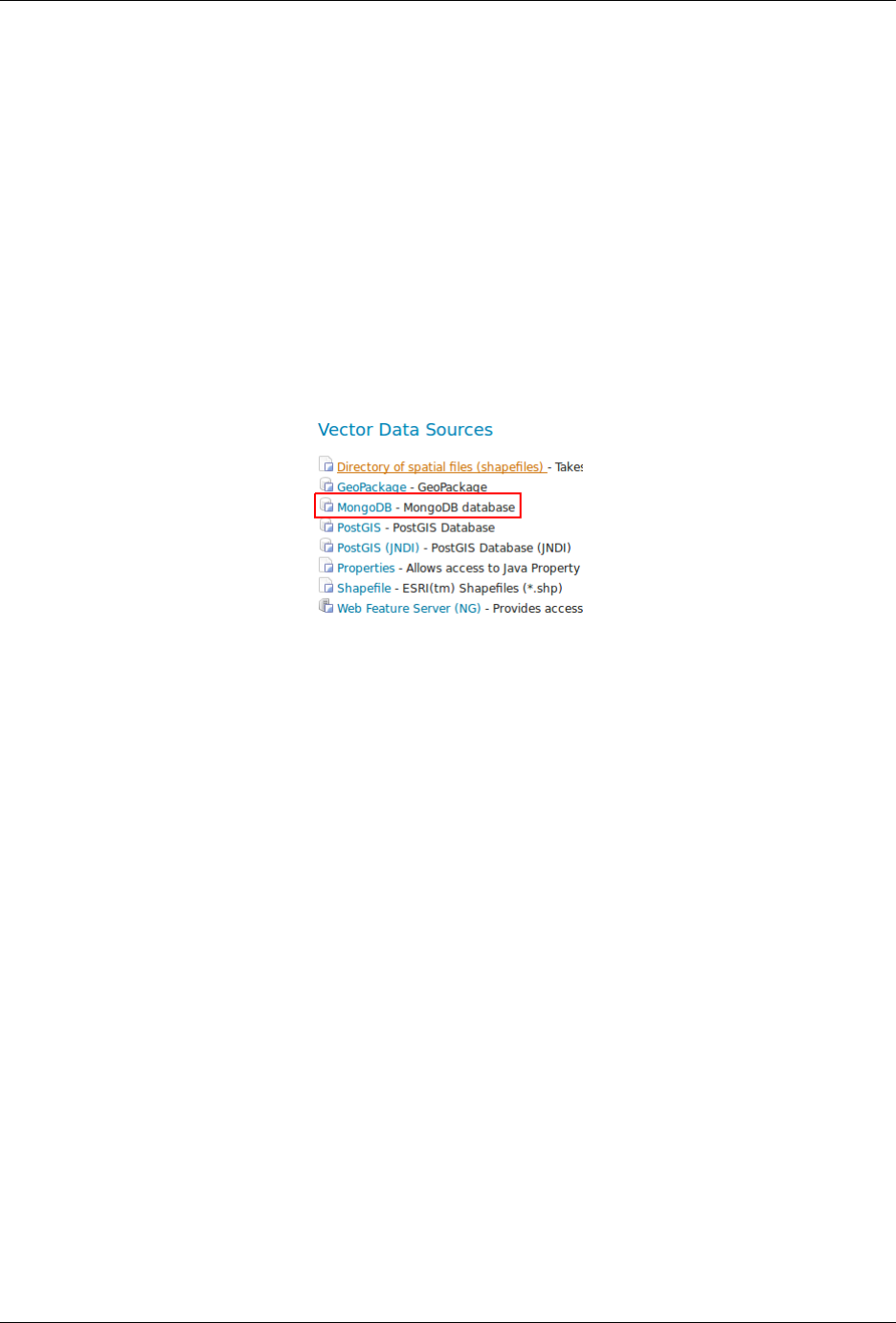
GeoServer User Manual, Release 2.15.1
15.20.1 Installation
1. Navigate to the GeoServer download page.
2. Find the page that matches the version of the running GeoServer.
3. Download the MongoDB extension. The download link will be in the Extensions section under Vector
Formats.
4. Extract the files in this archive to the WEB-INF/lib directory of your GeoServer installation.
5. Restart GeoServer
15.20.2 Usage
If the extension was successfully installed a new type of data store named MongoDB should be available:
Fig. 15.45: MongoDB data store.
Configuring a new MongoDB data store requires providing:
1. The URL of a MongoDB database.
2. The absolute path to a data directory where GeoServer will store the schema produced for the pub-
lished collections.
For more details about the usage of this data store please check the GeoTools MongoDB plugin documen-
tation.
15.21 SLD REST Service
The SLD Service is a GeoServer REST service that can be used to create SLD styles on published GeoServer
layers doing a classification on the layer data, following user provided directives.
The purpose of the service is to allow clients to dinamically publish data and create simple styles on it.
All the services are published under the common prefix /rest/sldservice/{layer}, where layer is
the layer to classify/query.
15.21.1 Query Vector Data Attributes
/attributes[.<format>]
15.21. SLD REST Service 1675
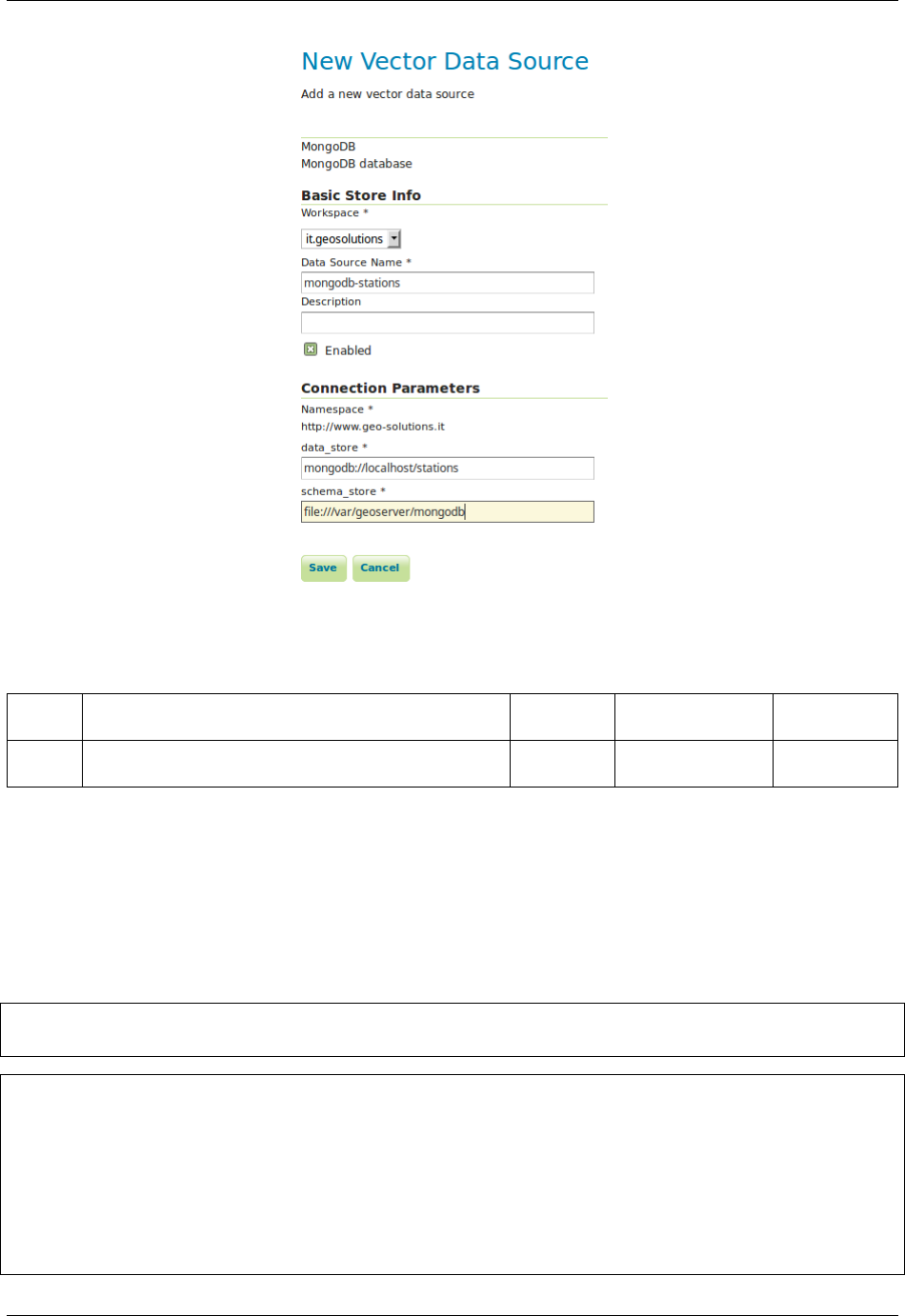
GeoServer User Manual, Release 2.15.1
Fig. 15.46: Configuring a MongoDB data store.
Method Action Status
code
Formats Default For-
mat
GET Gets the list of attributes for the given layer (of
vector type)
200 HTML, XML,
JSON
HTML
The service can be used to get the attributes list for the given vector layer. This can be used by a client as a
prerequisite for the classify service, to get all the attributes usable for classification and let the user choose
one.
Examples
Get attributes for the states layer, in XML format
curl -v -u admin:geoserver -XGET
http://localhost:8080/geoserver/rest/sldservice/states/attributes.xml
<Attributes layer="states">
<Attribute>
<name>P_FEMALE</name>
<type>Double</type>
</Attribute>
<Attribute>
<name>HOUSHOLD</name>
<type>Double</type>
</Attribute>
1676 Chapter 15. Extensions
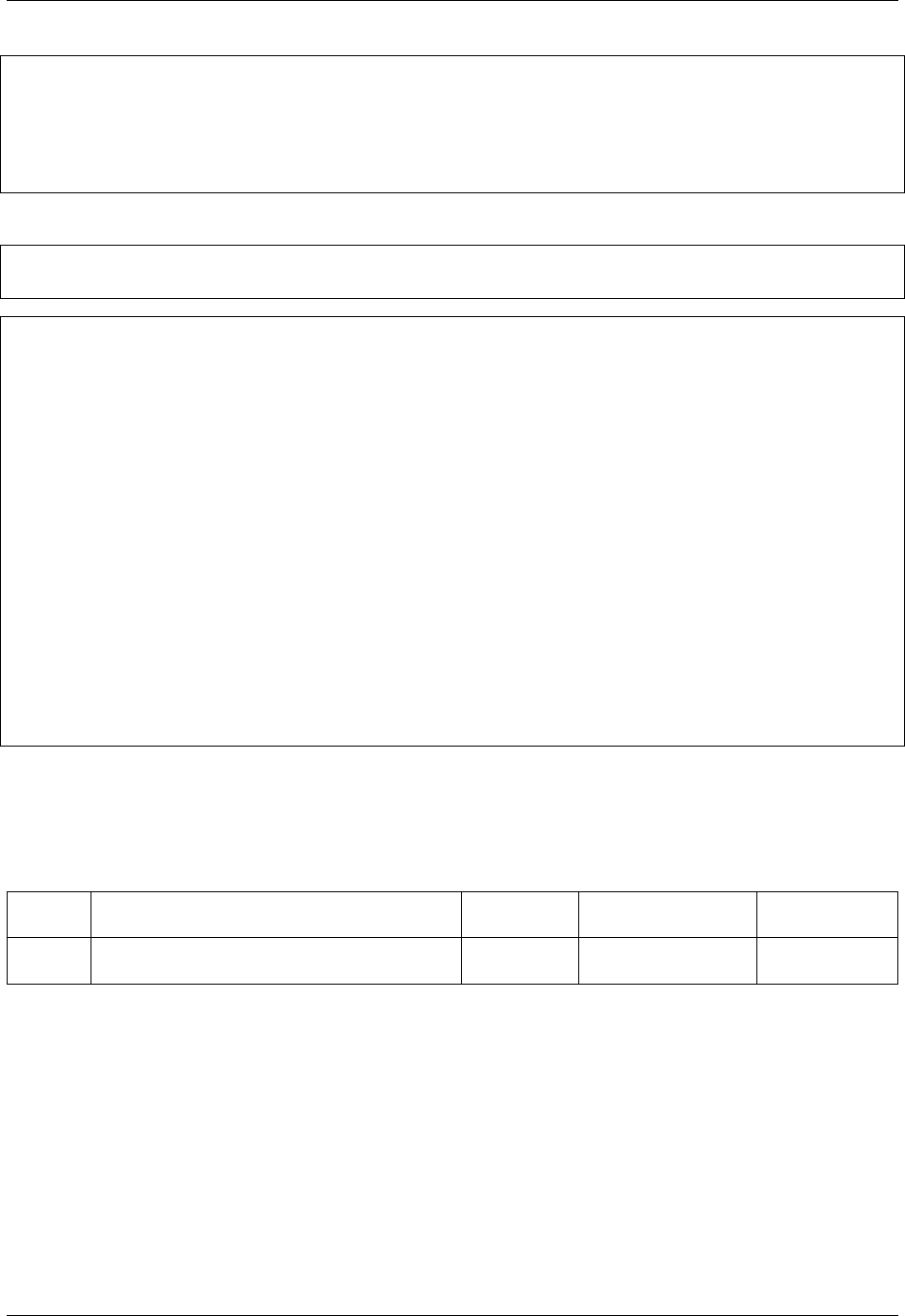
GeoServer User Manual, Release 2.15.1
<Attribute>
<name>SERVICE</name>
<type>Double</type>
</Attribute>
...
</Attributes>
Get attributes for the states layer, in JSON format
curl -v -u admin:geoserver -XGET
http://localhost:8080/geoserver/rest/sldservice/states/attributes.json
{
"Attributes":{
"@layer":"states",
"Attribute":[
{
"name":"P_FEMALE",
"type":"Double"
},
{
"name":"HOUSHOLD",
"type":"Double"
},
{
"name":"SERVICE",
"type":"Double"
},
...
]
}
}
15.21.2 Classify Raster and Vector Data
/classify[.<format>]
Method Action Status
code
Formats Default For-
mat
GET Create a set of SLD Rules for the given
layer
200 HTML, XML,
JSON
HTML
The service can be used to create a set of SLD rules for the given vector layer, specifying the attribute used
for classification, the classification type (equalInterval, uniqueInterval, quantile, jenks, equalArea) and one
of the predefined color ranges (red, blue, gray, jet, random, custom), together with some other optional
parameters.
The same can be applied on a raster layer too, in order to classify its contents. Data from the first band is
used by default, but a different one can be selected.
Using the CUSTOM ColorMap, startColor and endColor (and optionally midColor) have to be specified.
The parameters usable to customize the ColorMap are:
15.21. SLD REST Service 1677
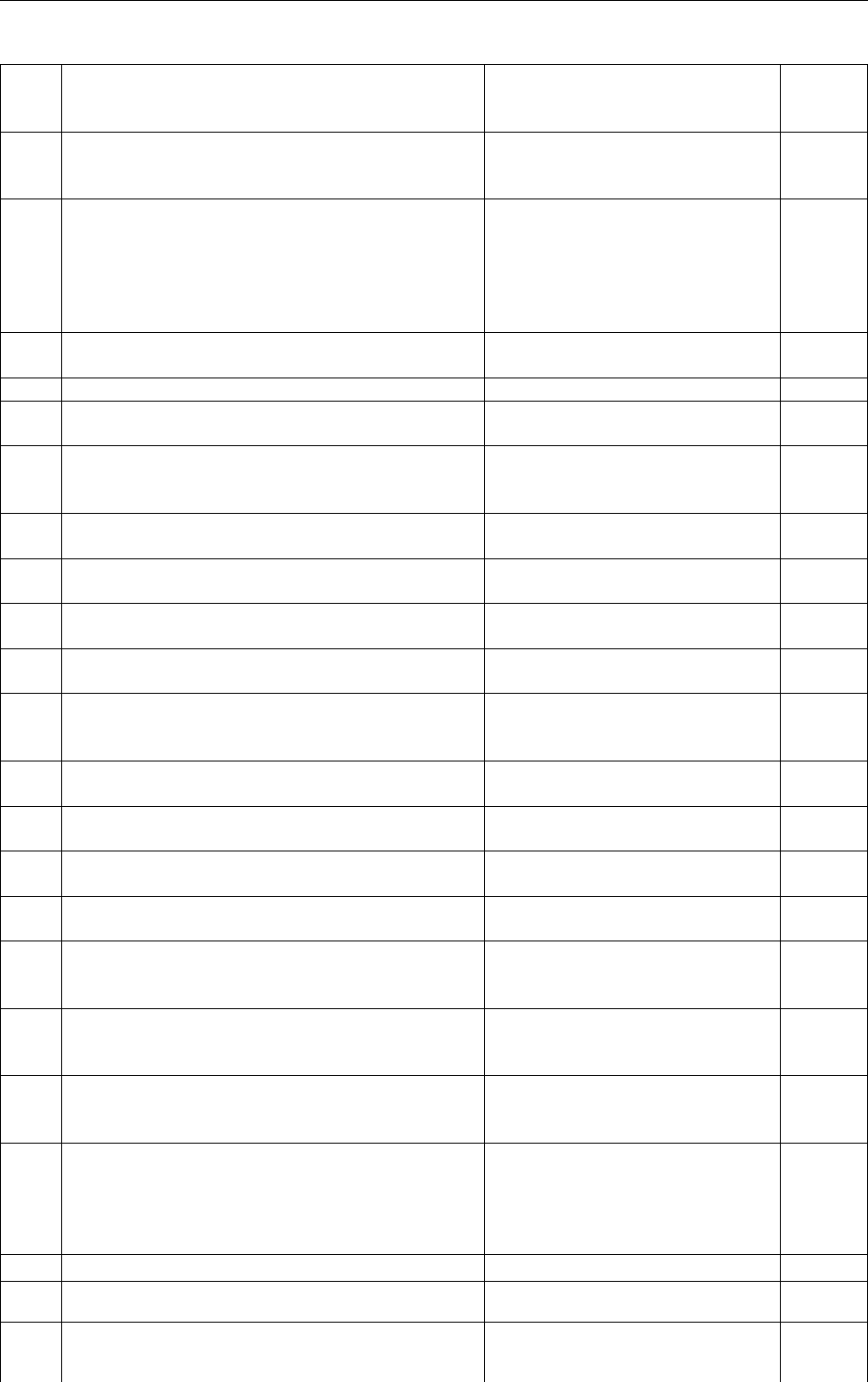
GeoServer User Manual, Release 2.15.1
Pa-
ram-
eter
Description Values Default
Value
in-
ter-
vals
Number of intervals (rules) for the SLD integer numeric value 2
at-
tribute
(manda-
tory)
Classification attribute For vector layers, one of the layer
attribute names, for raster lay-
ers, a band number (starting from
one, like in the raster symbolizer)
No
default
for
vectors,
“1” for
rasters
methodClassification method equalInterval, uniqueInterval,
quantile, jenks, equalArea
equal-
Interval
open open or closed ranges true, false false
re-
verse
normal or inverted ranges true, false false
nor-
mal-
ize
normalize (cast) attribute to double type (needed
by some stores to handle integer types correctly)
true, false false
ramp color ranges to use red, blue, gray, jet, random, cus-
tom
red
start-
Color
starting color for the custom ramp
end-
Color
ending color for the custom ramp
mid-
Color
central color for the custom ramp
col-
ors
list of comma delimited colors for the custom
ramp (use this instead of startColor, endColor
and midColor to specify colors in more detail)
stroke-
Color
color of the stroke, for points and polygons BLACK
strokeWeightweight of the stroke, for points and polygons (use
a negative value to not include stroke in style)
1
point-
Size
size of points 15
full-
SLD
create a full valid SLD document, instead of the
Rules fragment only
true or false false
cache append caching headers to the responses expire time in seconds, use 0 to
disable cache
600 (10
min-
utes)
view-
params
allows use of parametric views view parameters in
the usual format
(<key>:<value>;. . . ;<keyN>:<valueN>)
cus-
tom-
Classes
allows specifying a set of custom classes (client
driven style); no classes calculation will happen
(method, intervals, etc. are ignored)
classes in the following format:
<min>,<max>,<color>;. . . ;<minN>,<maxN>,<colorN>)
bbox allows to run the classification on a specific
bounding box. Recommended when the overall
dataset is too big, and the classification can be
performed on a smaller dataset, or to enhance the
visualization of a particular subset of data
same syntax as WMS/WFS, ex-
pected axis order is east/north
unless the spatial reference sys-
tem is explicitly provided, minx,
miny,max,maxy[,srsName]
std-
devs
limits the data the classifier is working on to a
range of “stddevs” standard deviations around
the mean value.
a positive floating point number
(e.g., ‘1’, ‘2.5’, ‘3’).
env a list of environment variables that the underly-
ing layer may be using to select features/rasters
to be classified (e.g., by using the filter in vec-
tor and mosaic layer definitions)
a semicolon separate list
of name to value assign-
ments, e.g. name1:value1;
name2:value2;
name3:value3;...
1678 Chapter 15. Extensions
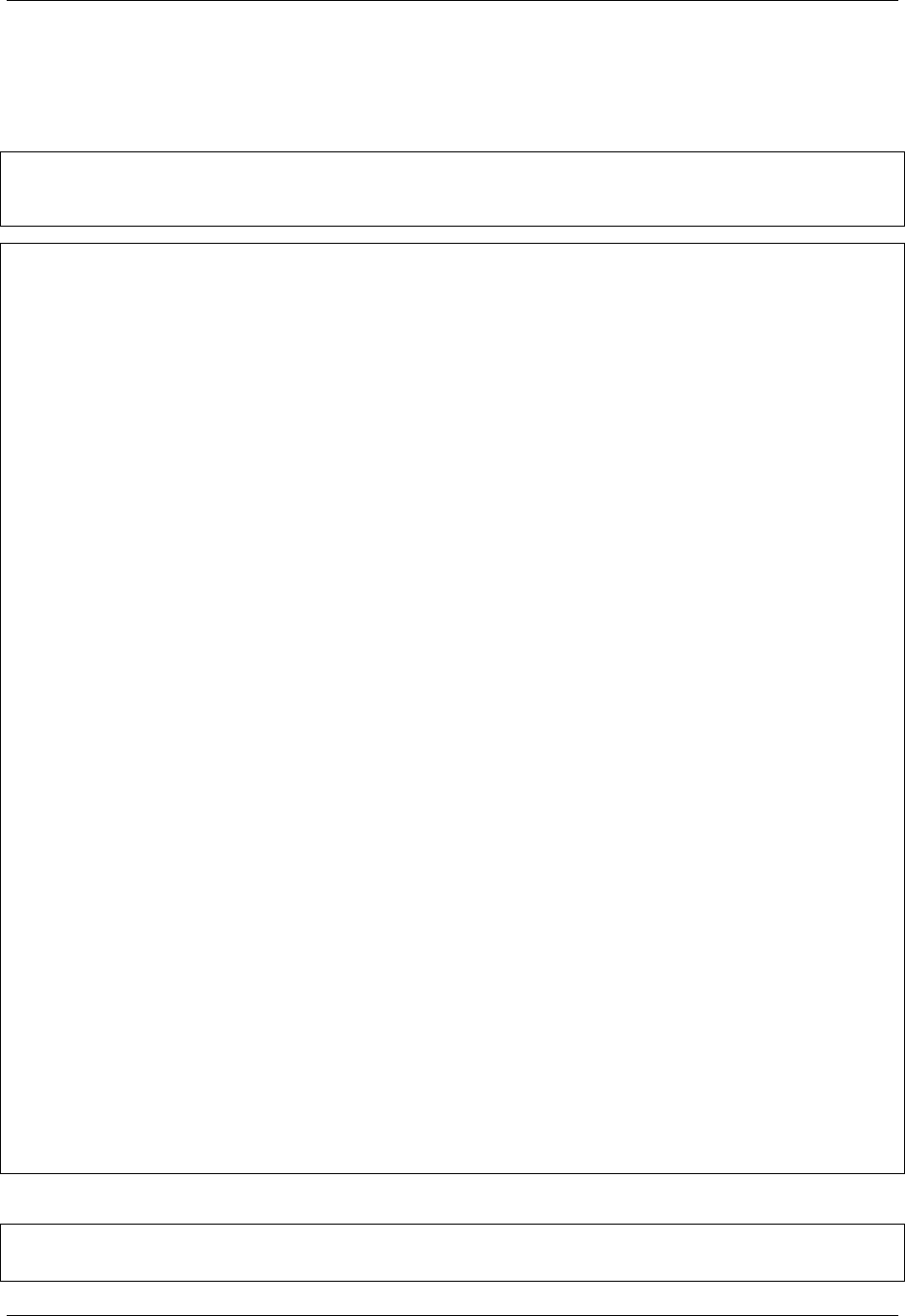
GeoServer User Manual, Release 2.15.1
Examples
A default (equalInterval) classification on the states layer LAND_KM attribute using a red based color
range.
curl -v -u admin:geoserver -XGET
http://localhost:8080/geoserver/rest/sldservice/states/classify.xml?attribute=LAND_
,→KM&ramp=red
<Rules>
<Rule>
<Title> > 159.1 AND <= 344189.1</Title>
<Filter>
<And>
<PropertyIsGreaterThanOrEqualTo>
<PropertyName>LAND_KM</PropertyName>
<Literal>159.1</Literal>
</PropertyIsGreaterThanOrEqualTo>
<PropertyIsLessThanOrEqualTo>
<PropertyName>LAND_KM</PropertyName>
<Literal>344189.1</Literal>
</PropertyIsLessThanOrEqualTo>
</And>
</Filter>
<PolygonSymbolizer>
<Fill>
<CssParameter name="fill">#680000</CssParameter>
</Fill>
<Stroke/>
</PolygonSymbolizer>
</Rule>
<Rule>
<Title> > 344189.1 AND <= 688219.2</Title>
<Filter>
<And>
<PropertyIsGreaterThan>
<PropertyName>LAND_KM</PropertyName>
<Literal>344189.1</Literal>
</PropertyIsGreaterThan>
<PropertyIsLessThanOrEqualTo>
<PropertyName>LAND_KM</PropertyName>
<Literal>688219.2</Literal>
</PropertyIsLessThanOrEqualTo>
</And>
</Filter>
<PolygonSymbolizer>
<Fill>
<CssParameter name="fill">#B20000</CssParameter>
</Fill>
<Stroke/>
</PolygonSymbolizer>
</Rule>
</Rules>
A uniqueInterval classification on the states layer SUB_REGION attribute using a red based color range.
curl -v -u admin:geoserver -XGET
http://localhost:8080/geoserver/rest/sldservice/states/classify.xml?attribute=SUB_
,→REGION&ramp=red&method=uniqueInterval
15.21. SLD REST Service 1679
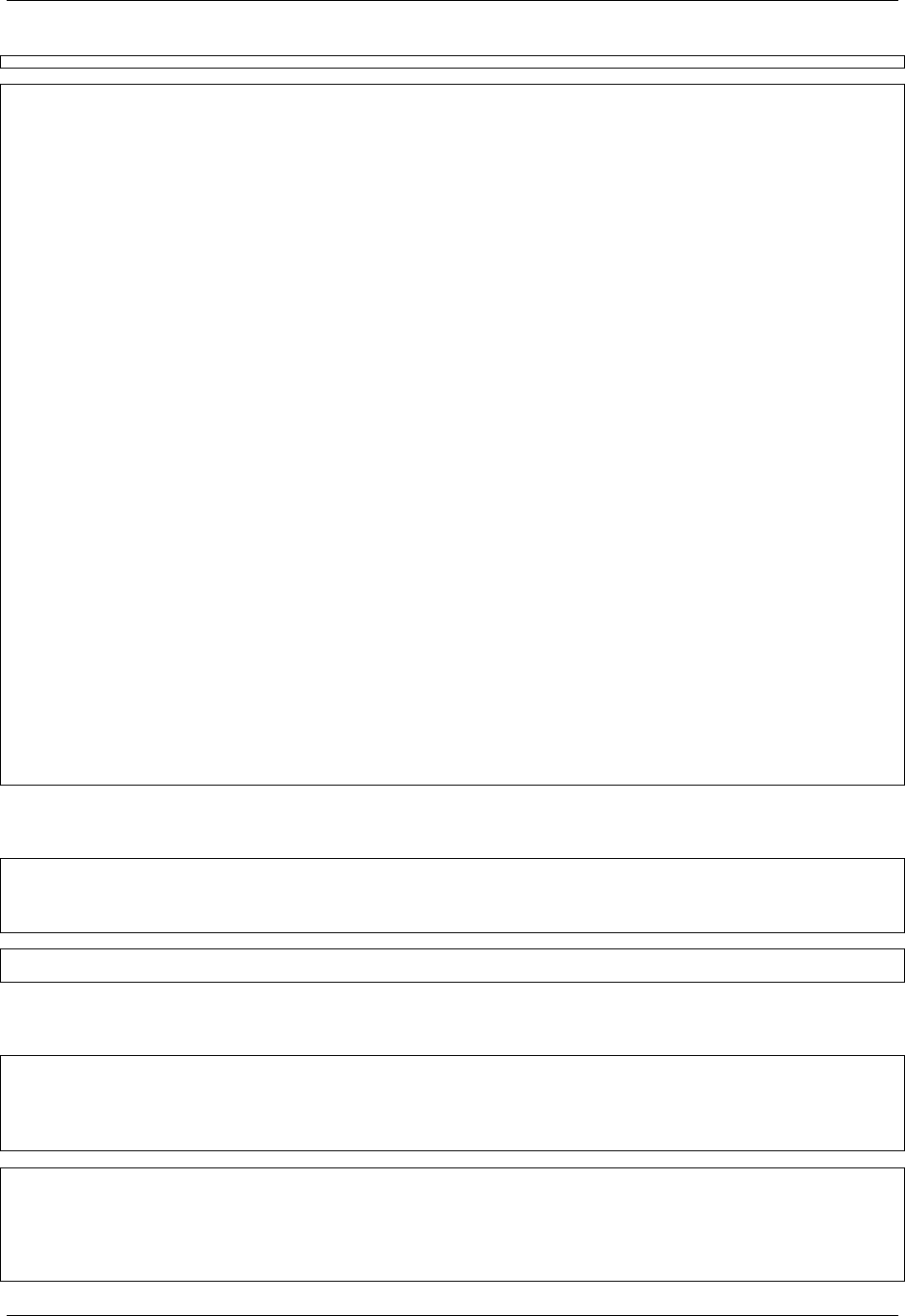
GeoServer User Manual, Release 2.15.1
<Rules>
<Rule>
<Title>E N Cen</Title>
<Filter>
<PropertyIsEqualTo>
<PropertyName>SUB_REGION</PropertyName>
<Literal>E N Cen</Literal>
</PropertyIsEqualTo>
</Filter>
<PolygonSymbolizer>
<Fill>
<CssParameter name="fill">#330000</CssParameter>
</Fill>
<Stroke/>
</PolygonSymbolizer>
</Rule>
<Rule>
<Title>E S Cen</Title>
<Filter>
<PropertyIsEqualTo>
<PropertyName>SUB_REGION</PropertyName>
<Literal>E S Cen</Literal>
</PropertyIsEqualTo>
</Filter>
<PolygonSymbolizer>
<Fill>
<CssParameter name="fill">#490000</CssParameter>
</Fill>
<Stroke/>
</PolygonSymbolizer>
</Rule>
...
</Rules>
A uniqueInterval classification on the states layer SUB_REGION attribute using a red based color range
and 3 intervals.
curl -v -u admin:geoserver -XGET
http://localhost:8080/geoserver/rest/sldservice/states/classify.xml?attribute=SUB_
,→REGION&ramp=red&method=uniqueInterval&intervals=3
<string>Intervals: 9</string>
A quantile classification on the states layer PERSONS attribute with a custom color ramp and 3 closed
intervals.
curl -v -u admin:geoserver -XGET
http://localhost:8080/geoserver/rest/sldservice/states/classify.xml?
,→attribute=PERSONS&ramp=CUSTOM&method=quantile&intervals=3&startColor=0xFF0000&
,→endColor=0x0000FF
<Rules>
<Rule>
<Title> > 453588.0 AND <= 2477574.0</Title>
<Filter>
<And>
1680 Chapter 15. Extensions

GeoServer User Manual, Release 2.15.1
<PropertyIsGreaterThanOrEqualTo>
<PropertyName>PERSONS</PropertyName>
<Literal>453588.0</Literal>
</PropertyIsGreaterThanOrEqualTo>
<PropertyIsLessThanOrEqualTo>
<PropertyName>PERSONS</PropertyName>
<Literal>2477574.0</Literal>
</PropertyIsLessThanOrEqualTo>
</And>
</Filter>
<PolygonSymbolizer>
<Fill>
<CssParameter name="fill">#FF0000</CssParameter>
</Fill>
<Stroke/>
</PolygonSymbolizer>
</Rule>
<Rule>
<Title> > 2477574.0 AND <= 4866692.0</Title>
<Filter>
<And>
<PropertyIsGreaterThan>
<PropertyName>PERSONS</PropertyName>
<Literal>2477574.0</Literal>
</PropertyIsGreaterThan>
<PropertyIsLessThanOrEqualTo>
<PropertyName>PERSONS</PropertyName>
<Literal>4866692.0</Literal>
</PropertyIsLessThanOrEqualTo>
</And>
</Filter>
<PolygonSymbolizer>
<Fill>
<CssParameter name="fill">#AA0055</CssParameter>
</Fill>
<Stroke/>
</PolygonSymbolizer>
</Rule>
<Rule>
<Title> > 4866692.0 AND <= 2.9760021E7</Title>
<Filter>
<And>
<PropertyIsGreaterThan>
<PropertyName>PERSONS</PropertyName>
<Literal>4866692.0</Literal>
</PropertyIsGreaterThan>
<PropertyIsLessThanOrEqualTo>
<PropertyName>PERSONS</PropertyName>
<Literal>2.9760021E7</Literal>
</PropertyIsLessThanOrEqualTo>
</And>
</Filter>
<PolygonSymbolizer>
<Fill>
<CssParameter name="fill">#5500AA</CssParameter>
</Fill>
<Stroke/>
</PolygonSymbolizer>
15.21. SLD REST Service 1681
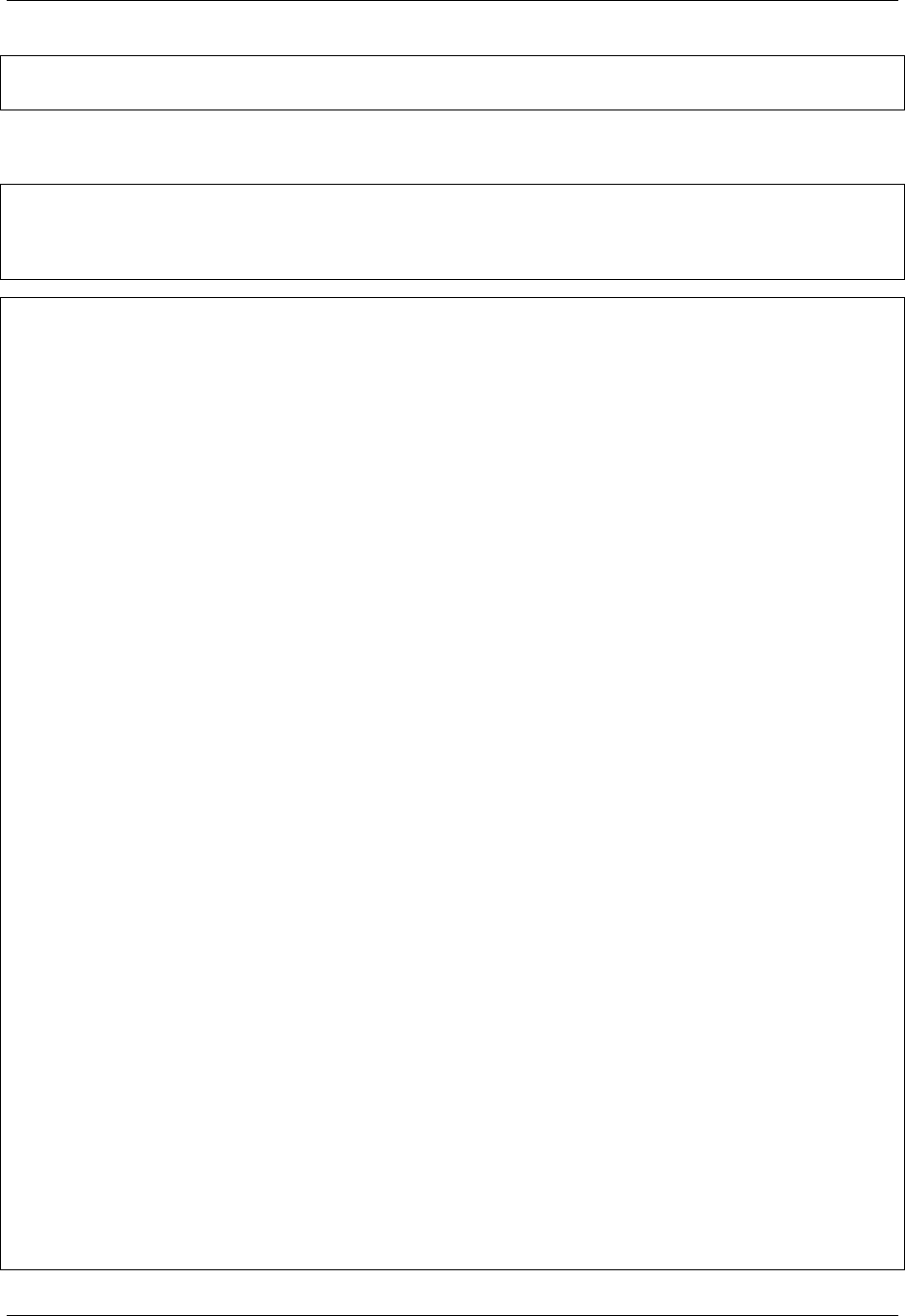
GeoServer User Manual, Release 2.15.1
</Rule>
</Rules>
A quantile classification on the states layer PERSONS attribute with a custom color ramp and 3 open inter-
vals.
curl -v -u admin:geoserver -XGET
http://localhost:8080/geoserver/rest/sldservice/states/classify.xml?
,→attribute=PERSONS&ramp=CUSTOM&method=quantile&intervals=3&startColor=0xFF0000&
,→endColor=0x0000FF&open=true
<Rules>
<Rule>
<Title> <= 2477574.0</Title>
<Filter>
<PropertyIsLessThanOrEqualTo>
<PropertyName>PERSONS</PropertyName>
<Literal>2477574.0</Literal>
</PropertyIsLessThanOrEqualTo>
</Filter>
<PolygonSymbolizer>
<Fill>
<CssParameter name="fill">#FF0000</CssParameter>
</Fill>
<Stroke/>
</PolygonSymbolizer>
</Rule>
<Rule>
<Title> > 2477574.0 AND <= 4866692.0</Title>
<Filter>
<And>
<PropertyIsGreaterThan>
<PropertyName>PERSONS</PropertyName>
<Literal>2477574.0</Literal>
</PropertyIsGreaterThan>
<PropertyIsLessThanOrEqualTo>
<PropertyName>PERSONS</PropertyName>
<Literal>4866692.0</Literal>
</PropertyIsLessThanOrEqualTo>
</And>
</Filter>
<PolygonSymbolizer>
<Fill>
<CssParameter name="fill">#AA0055</CssParameter>
</Fill>
<Stroke/>
</PolygonSymbolizer>
</Rule>
<Rule>
<Title> > 4866692.0</Title>
<Filter>
<PropertyIsGreaterThan>
<PropertyName>PERSONS</PropertyName>
<Literal>4866692.0</Literal>
</PropertyIsGreaterThan>
</Filter>
<PolygonSymbolizer>
1682 Chapter 15. Extensions
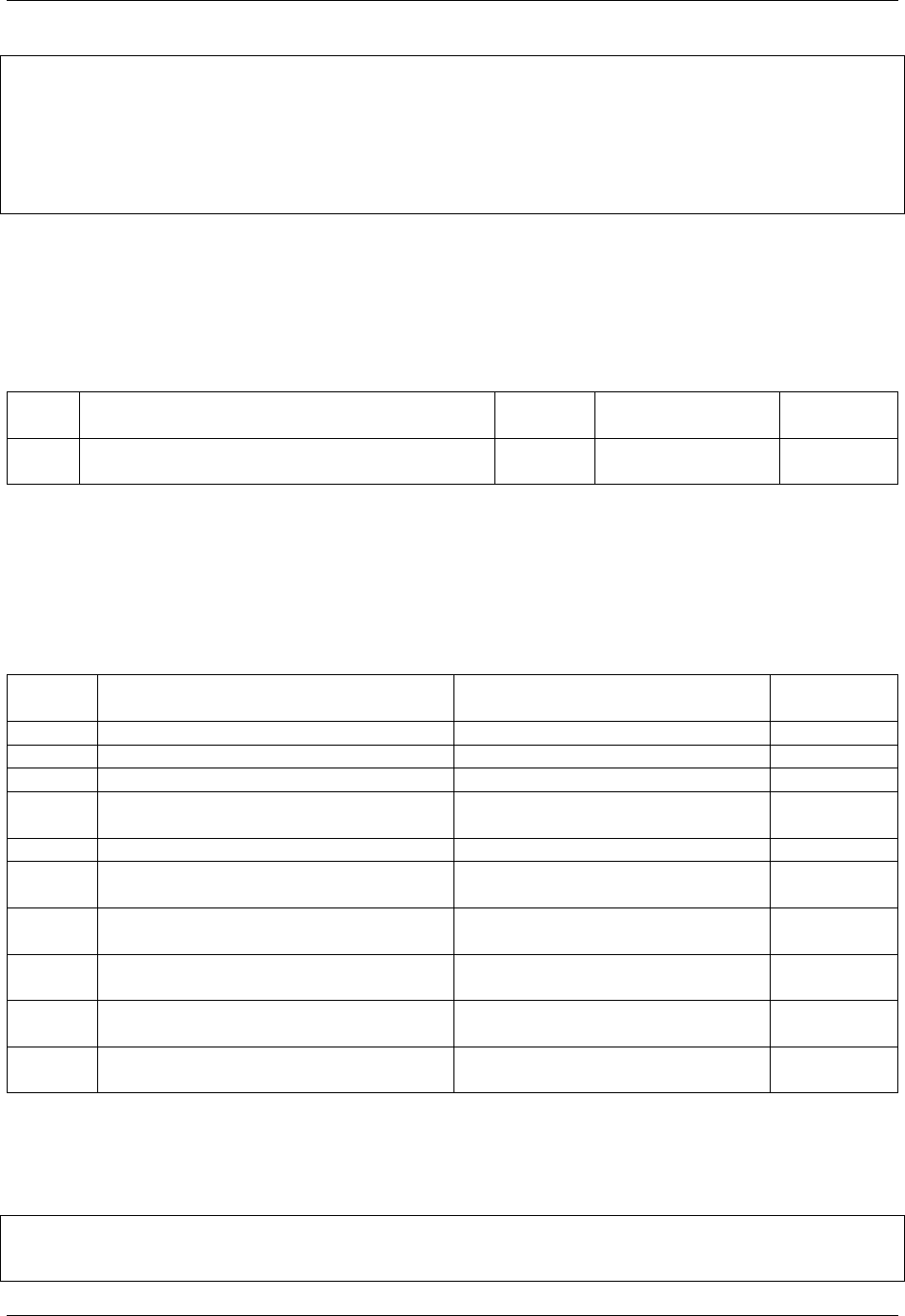
GeoServer User Manual, Release 2.15.1
<Fill>
<CssParameter name="fill">#5500AA</CssParameter>
</Fill>
<Stroke/>
</PolygonSymbolizer>
</Rule>
</Rules>
15.21.3 Classify Raster Data
This resource is deprecated, as the classify endpoint can now handle also raster data
/rasterize[.<format>]
Method Action Status
code
Formats Default
Format
GET Create a ColorMap SLD for the given layer (of
coverage type)
200 HTML, XML,
JSON, SLD
HTML
The service can be used to create a ColorMap SLD for the given coverage, specyfing the type of ColorMap
(VALUES, INTERVALS, RAMP) and one of the predefined color ranges (RED, BLUE, GRAY, JET, RAN-
DOM, CUSTOM).
Using the CUSTOM ColorMap, startColor and endColor (and optionally midColor) have to be specified.
The parameters usable to customize the ColorMap are:
Param-
eter
Description Values Default
Value
min Minimum value for classification double numeric value 0.0
max Maximum value for classification double numeric value 100.0
classes Number of classes for the created map integer numeric value 100
digits Number of fractional digits for class
limits (in labels)
integer numeric value 5
type ColorMap type INTERVALS, VALUES, RAMP RAMP
ramp ColorMap color ranges RED, BLUE, GRAY, JET, RAN-
DOM, CUSTOM
RED
start-
Color
starting color for the CUSTOM ramp
end-
Color
ending color for the CUSTOM ramp
mid-
Color
central color for the CUSTOM ramp
cache append caching headers to the re-
sponses
expire time in seconds, use 0 to dis-
able cache
600 (10 min-
utes)
Examples
A RED color ramp with 5 classes
curl -v -u admin:geoserver -XGET
http://localhost:8080/geoserver/rest/sldservice/sfdem/rasterize.sld?min=0&max=100&
,→classes=5&type=RAMP&ramp=RED&digits=1
15.21. SLD REST Service 1683
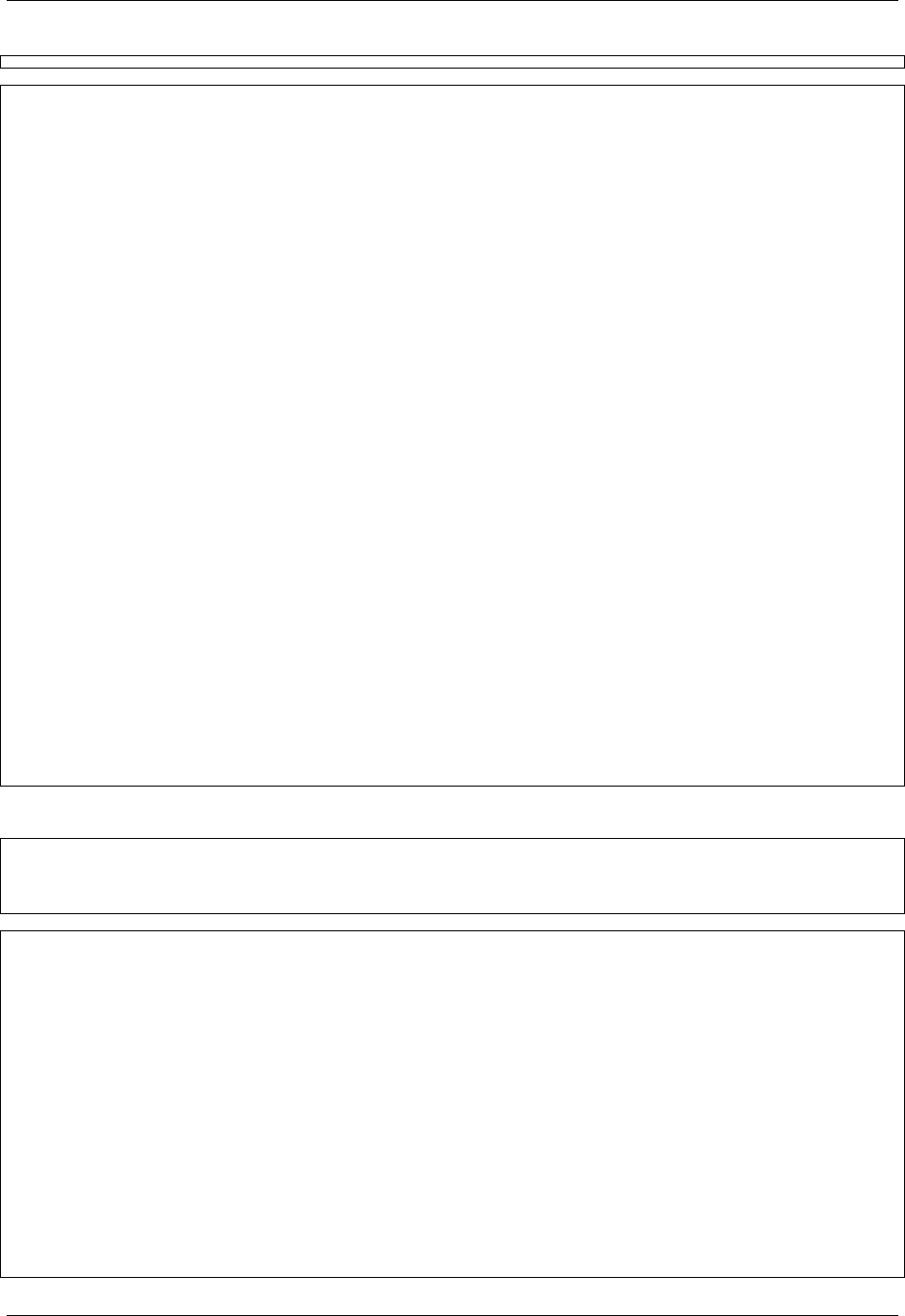
GeoServer User Manual, Release 2.15.1
<?xml version="1.0" encoding="UTF-8"?>
<sld:StyledLayerDescriptor xmlns="http://www.opengis.net/sld" xmlns:sld="http://www.
,→opengis.net/sld" xmlns:ogc="http://www.opengis.net/ogc" xmlns:gml="http://www.
,→opengis.net/gml" version="1.0.0">
<sld:NamedLayer>
<sld:Name>Default Styler</sld:Name>
<sld:UserStyle>
<sld:Name>Default Styler</sld:Name>
<sld:FeatureTypeStyle>
<sld:Name>name</sld:Name>
<sld:FeatureTypeName>gray</sld:FeatureTypeName>
<sld:Rule>
<sld:RasterSymbolizer>
<sld:ColorMap>
<sld:ColorMapEntry color="#000000" opacity="0" quantity="-
,→1.0E-9" label="transparent"/>
<sld:ColorMapEntry color="#420000" opacity="1.0" quantity=
,→"0.0" label="0.0"/>
<sld:ColorMapEntry color="#670000" opacity="1.0" quantity=
,→"25.0" label="25.0"/>
<sld:ColorMapEntry color="#8B0000" opacity="1.0" quantity=
,→"50.0" label="50.0"/>
<sld:ColorMapEntry color="#B00000" opacity="1.0" quantity=
,→"75.0" label="75.0"/>
<sld:ColorMapEntry color="#D40000" opacity="1.0" quantity=
,→"100.0" label="100.0"/>
</sld:ColorMap>
</sld:RasterSymbolizer>
</sld:Rule>
</sld:FeatureTypeStyle>
</sld:UserStyle>
</sld:NamedLayer>
</sld:StyledLayerDescriptor>
A CUSTOM color ramp with 5 classes, with colors ranging from RED (0xFF0000) to BLUE (0x0000FF).
curl -v -u admin:geoserver -XGET
http://localhost:8080/geoserver/rest/sldservice/sfdem/rasterize.sld?min=0&max=100&
,→classes=5&type=RAMP&ramp=CUSTOM&digits=1&startColor=0xFF0000&endColor=0x0000FF
<?xml version="1.0" encoding="UTF-8"?>
<sld:StyledLayerDescriptor xmlns="http://www.opengis.net/sld" xmlns:sld="http://www.
,→opengis.net/sld" xmlns:ogc="http://www.opengis.net/ogc" xmlns:gml="http://www.
,→opengis.net/gml" version="1.0.0">
<sld:NamedLayer>
<sld:Name>Default Styler</sld:Name>
<sld:UserStyle>
<sld:Name>Default Styler</sld:Name>
<sld:FeatureTypeStyle>
<sld:Name>name</sld:Name>
<sld:FeatureTypeName>gray</sld:FeatureTypeName>
<sld:Rule>
<sld:RasterSymbolizer>
<sld:ColorMap>
<sld:ColorMapEntry color="#000000" opacity="0" quantity="-
,→1.0E-9" label="transparent"/>
1684 Chapter 15. Extensions

GeoServer User Manual, Release 2.15.1
<sld:ColorMapEntry color="#FF0000" opacity="1.0" quantity=
,→"0.0" label="0.0"/>
<sld:ColorMapEntry color="#CC0033" opacity="1.0" quantity=
,→"25.0" label="25.0"/>
<sld:ColorMapEntry color="#990066" opacity="1.0" quantity=
,→"50.0" label="50.0"/>
<sld:ColorMapEntry color="#660099" opacity="1.0" quantity=
,→"75.0" label="75.0"/>
<sld:ColorMapEntry color="#3300CC" opacity="1.0" quantity=
,→"100.0" label="100.0"/>
</sld:ColorMap>
</sld:RasterSymbolizer>
</sld:Rule>
</sld:FeatureTypeStyle>
</sld:UserStyle>
</sld:NamedLayer>
</sld:StyledLayerDescriptor>
15.22 Geofence Plugin
GeoFence offers an alternative to the GeoServer Security subsystem of GeoServer, allowing far more ad-
vanced security configurations, such as rules that combine data and service restrictions. It uses a client-
server model, and this plugin only provides the client component. It must connect either to an external
Geofence server, or be used in combination with the GeoServer integrated Geofence server Geofence Internal
Server.
15.22.1 GeoFence promoted to extension since version 2.15
Geofence modules were community modules up to Geoserver version 2.14. Geofence modules were pro-
moted to extensions since version 2.15 (see GSIP 164 - Promote geofence modules from Community to
Extension.
Up to Geoserver version 2.14, Geofence can be downloaded from Geoserver build server.
15.22.2 Installing the GeoServer GeoFence extension
For version 2.15 and later, use the standard procedure to install an extension.
1. Navigate to the GeoServer download page.
2. Find the page that matches the version of the running GeoServer.
3. Download the GeoFence extension. The download link will be in the Extensions section under Other.
4. Extract the files in this archive to the WEB-INF/lib directory of your GeoServer installation.
5. Restart GeoServer
15.22.3 GeoFence Admin GUI
The GeoFence Admin Page is a component of the GeoServer web interface. You can access it from the
GeoServer web interface by clicking the GeoFence link, found on the left side of the screen after logging in.
15.22. Geofence Plugin 1685
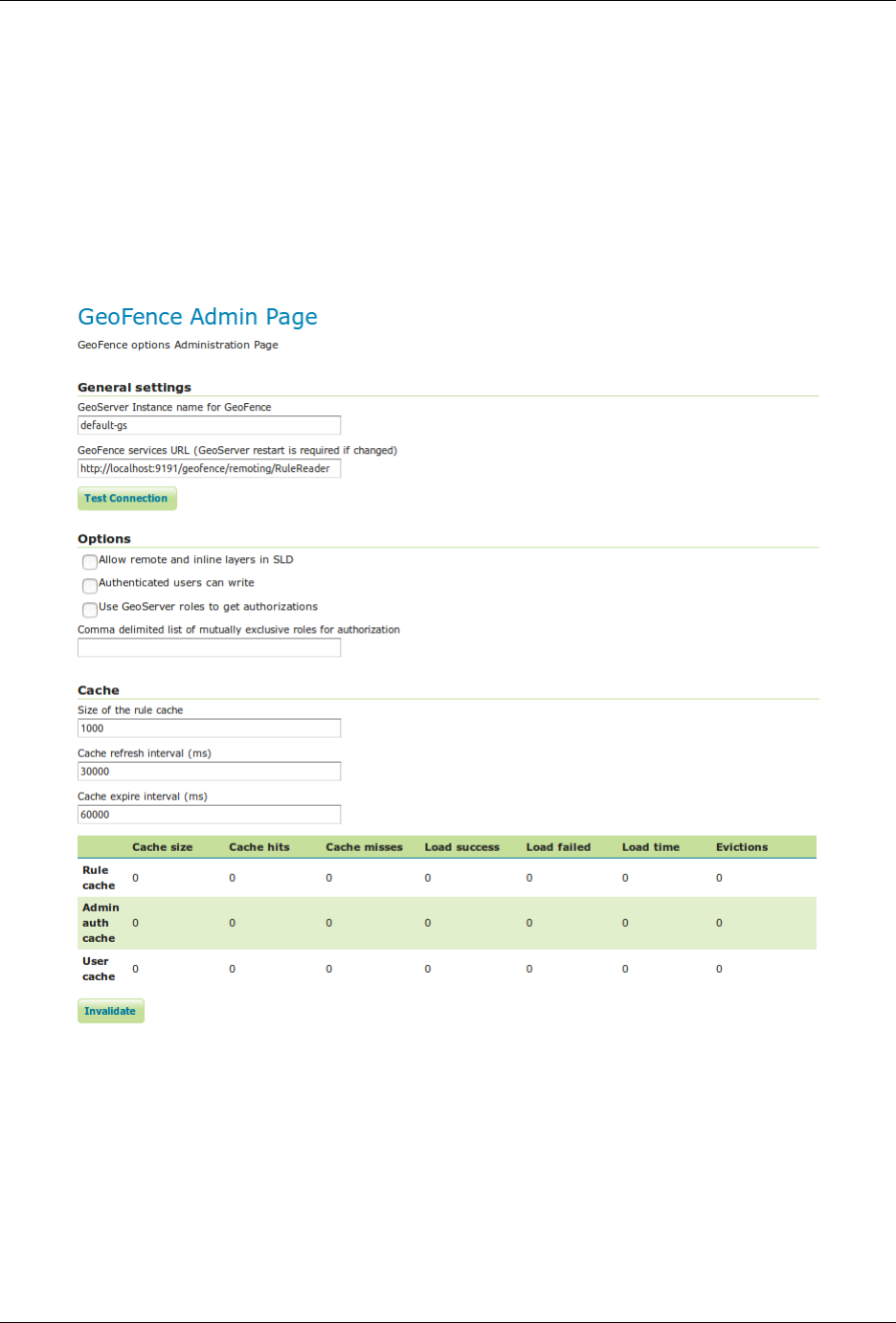
GeoServer User Manual, Release 2.15.1
1686 Chapter 15. Extensions

GeoServer User Manual, Release 2.15.1
General Settings
Configure the following settings here:
• Geoserver instance name: the name under which this geoserver is known by the geofence server. This
useful for when you use an external geofence server with multiple geoserver servers.
• GeoServer services URL: this is how geoserver knows how to connect to the external geofence server.
When using an internal geofence server, this is not configurable. For example “http://localhost:
9191/geofence/remoting/RuleReader” for an external geofence server on localhost.
Options
Configure the following settings here:
• Allow remote and inline layers in SLD
• Authenticated users can write
• Use GeoServer roles to get authorizations
• Comma delimited list of mutually exclusive roles for authorization
Cache
Configure the following settings here:
• Size of the rule cache (amount of entries)
• Cache refresh interval (ms)
• Cache expire interval (ms)
Collected data about the cache can be retrieved here. Per cache (rules, admin rules and users) we retrieve the
cache size, hits, misses, load successes, load failures, load times and evictions. The cache can be manually
invalidated (cleared).
Basic GeoServer configuration
• Login with the default administrative credentials admin / geoserver (or whatever you have con-
figured before).
• In the security panel you’ll find the GeoFence link to the GeoFence security admin page
• Open the GeoFence admin page; you’ll get to this page:
You can notice here the information that allow the GeoFence probe inside GeoServer to
communicate with the GeoFence engine:
–the URL that the probe shall use to communicate with GeoFence;
–the name (default is default-gs) this instance will use to identify itself to GeoFence. This
instance name should be equal to the one we set into GeoFence.
• Testing connection to GeoFence.
We already performed a connection test from GeoFence to GeoServer. Using the button Test
connection we can also test that GeoServer can communicate to GeoFence. If everything is
ok, you’ll get this message:
• Open the Authentication page under the Security settings:
15.22. Geofence Plugin 1687

GeoServer User Manual, Release 2.15.1
1688 Chapter 15. Extensions
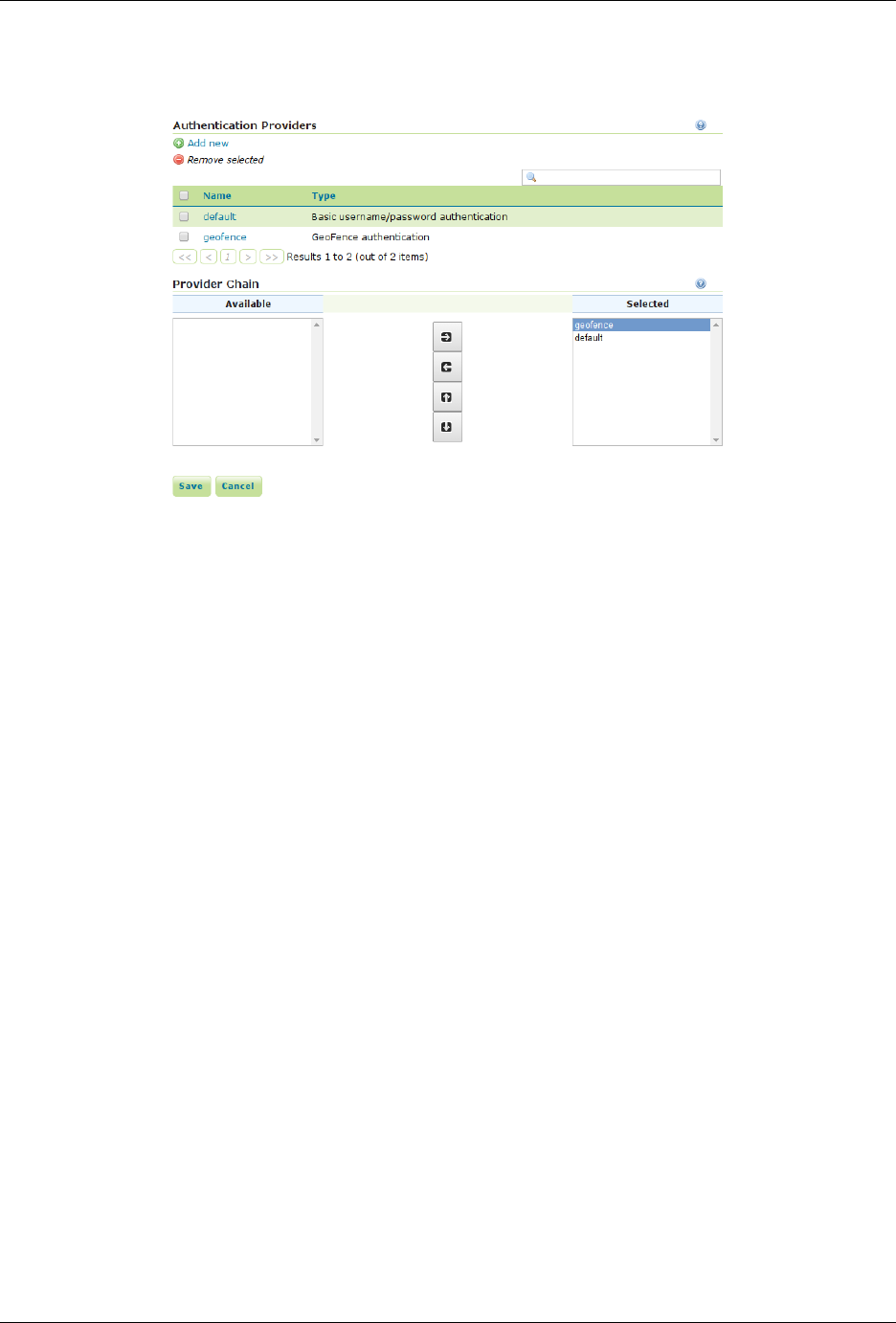
GeoServer User Manual, Release 2.15.1
• Add the GeoFence authenticator and put it as the first in the list otherwise you will not be able to
login as admin/admin:
• Now that we added GeoFence as authentication provider, we’ll be able to log into GeoServer using
the credentials we added in GeoFence (user admin and user tiger). Try and log in using user tiger.
Testing authorization
• Logging into GeoServer as admin you will be able to see all the defined layers:
• Logging into GeoServer as a non-admin user, the defined rules will be examined; since we defined no
rules yet, the default behaviour is to deny access to all resources:
• Get back to GeoFence, and add a rule which allows all layers in workspace tiger for user tiger;
create a rule defining:
–user tiger
–instance default-gs
–workspace tiger (you will get a dropdown menu containing all the workspaces avail-
able in the selected instance)
–grant type: allow You’ll get a line like this one:
• Verify the new authorizations.
Since the probe caches the GeoFence responses, you may need to login again as administra-
tor (or you may keep an admin session open in another browser) and clear the probe cache.
You can do it by pressing the “Invalidate” button in the bottom of the GeoFence admin
page:
• Login again in GeoServer as user tiger and you will see in layer preview all the layers in the tiger
workspace:
15.22.4 GeoFence Cache REST
The Geofence client cache status can be queried, and the cache cleared (invalidated) through a REST service.
15.22. Geofence Plugin 1689
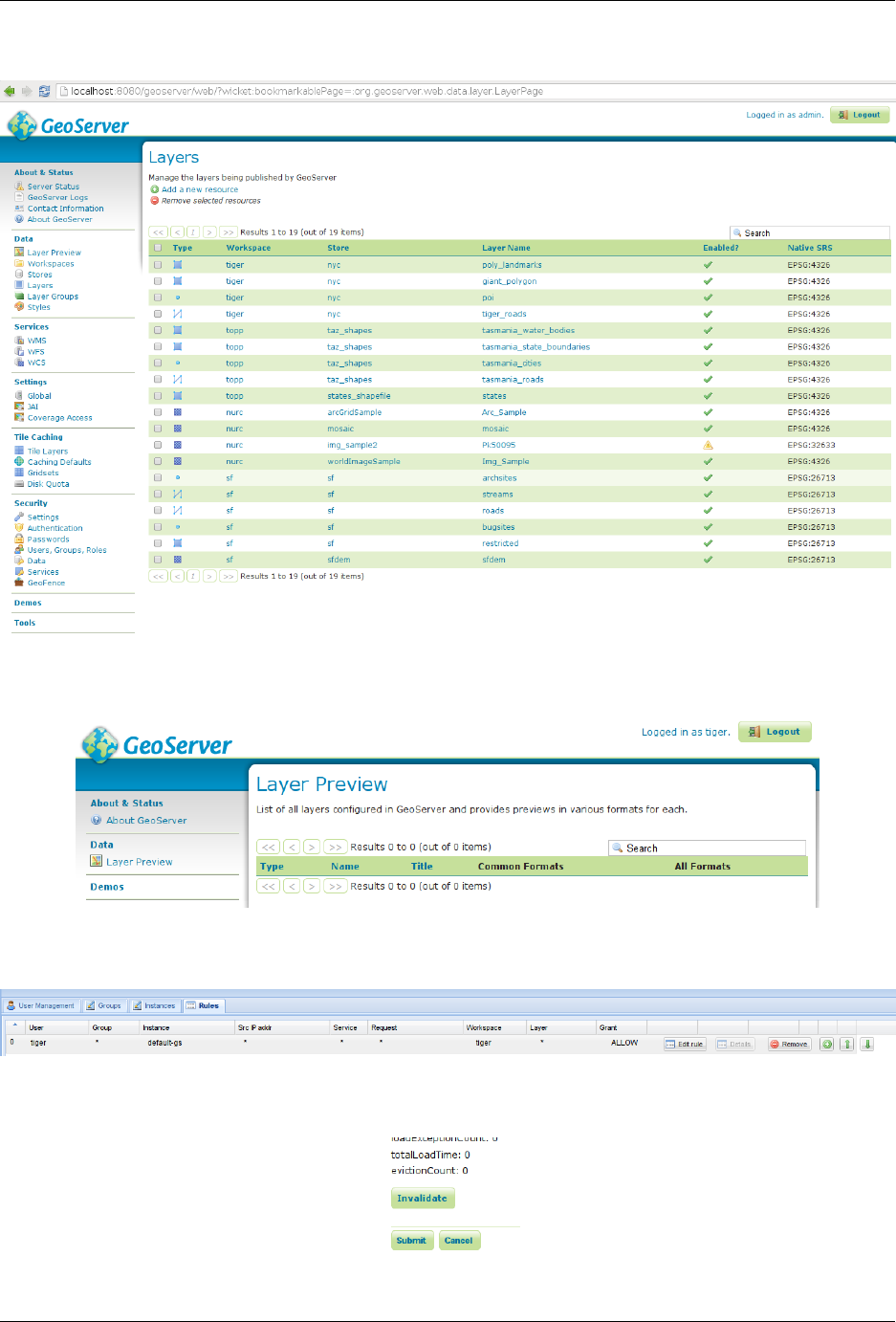
GeoServer User Manual, Release 2.15.1
1690 Chapter 15. Extensions
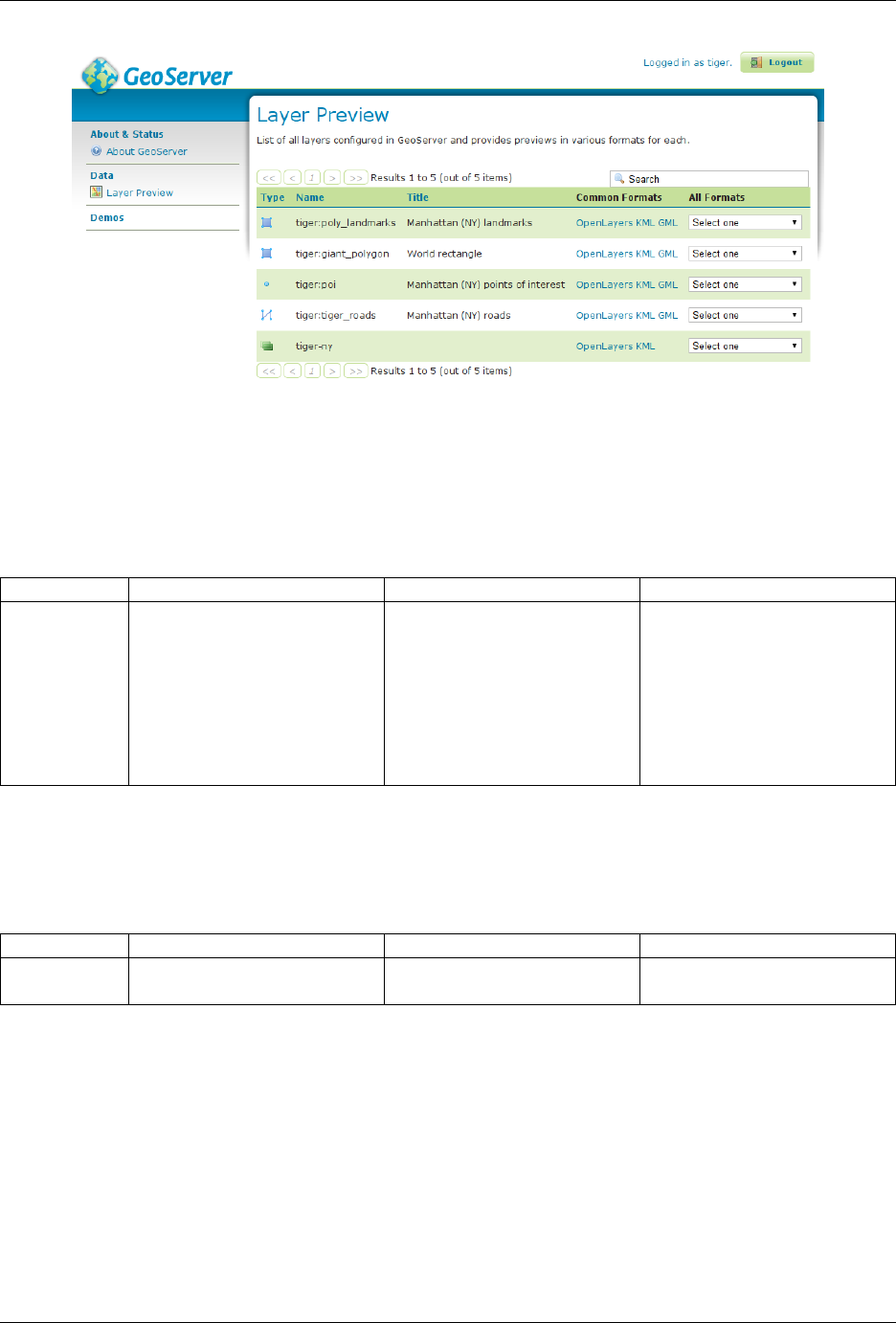
GeoServer User Manual, Release 2.15.1
Requests
/geofence/ruleCache/info
Retrieve information about the geofence cache status.
Method Action Parameters Response
GET Retrieve information about
the geofence cache status.
Per cache (rules, admin
rules and users) we retrieve
the cache size, hits, misses,
load successes, load fail-
ures, load times and evic-
tions.
— 200 OK. Text Format.
/geofence/ruleCache/invalidate
Invalidate the geofence cache.
Method Action Parameters Response
PUT Invalidate (clear) the ge-
ofence cache
— 200 OK.
15.23 Geofence Internal Server
This plugin runs a GeoFence server integrated internally in GeoServer. Geofence allows far more advanced
security configurations than the default GeoServer Security subsystem, such as rules that combine data and
service restrictions.
In the integrated version, the users and roles service configured in geoserver are associated with the ge-
ofence rule database. The integrated geofence server can be configured using its WebGUI page or REST
configuration.
15.23. Geofence Internal Server 1691
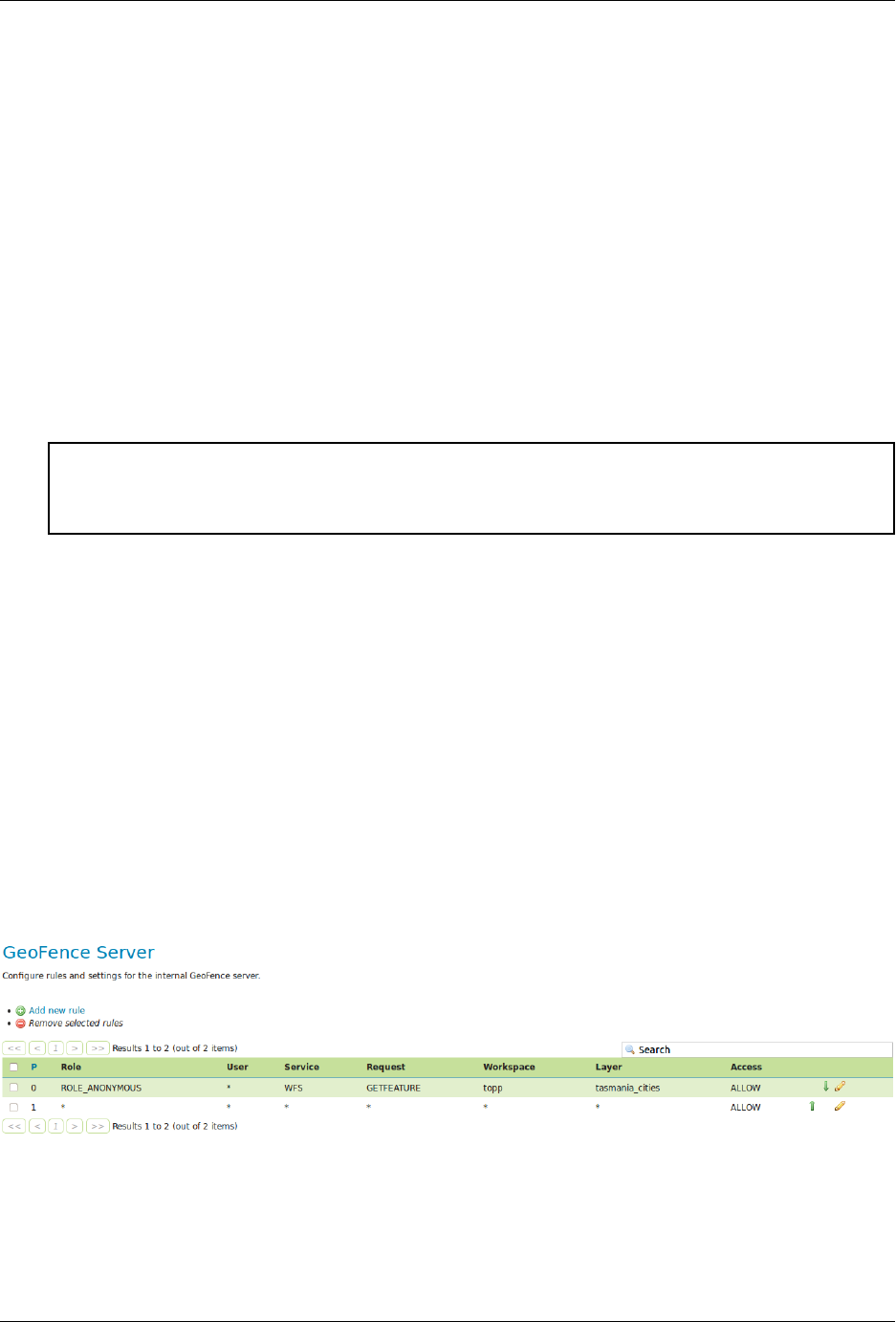
GeoServer User Manual, Release 2.15.1
15.23.1 GeoFence promoted to extension since version 2.15
Geofence modules were community modules up to Geoserver version 2.14. Geofence modules were pro-
moted to extensions since version 2.15 (see GSIP 164 - Promote geofence modules from Community to
Extension.
Up to Geoserver version 2.14, Geofence can be downloaded from Geoserver build server.
15.23.2 Installing the GeoServer GeoFence Server extension
1. Navigate to the GeoServer download page.
2. Find the page that matches the version of the running GeoServer.
3. Download the GeoFence extension. The download link will be in the Extensions section under Other.
4. Extract the files in this archive to the WEB-INF/lib directory of your GeoServer installation.
Warning: By default GeoFence will store his data in a H2 database and the database schema will
be automatically managed by Hibernate. GeoFence documentation explains how to configure a
different backed database and configure Hibernate behavior.
5. Restart GeoServer
15.23.3 GeoFence Server GUI
The GeoFence user interface is a component of the GeoServer web interface. You can access it from the
GeoServer web interface by clicking the GeoFence Server link, found on the left side of the screen after
logging in.
Rules page
An overview of all rules is provided with priority, the rule’s scope specifications (role, user, service, request,
workspace and layer) and its access behaviour. The ‘*’ symbol means that the rule applies to all possible
values of that specification. Rules are always ordered by priority, but the order can be reversed by pressing
the ‘P’ priority column header.
A new rule can be added with the “Add new rule” link. Any number of rules can be deleted by selecting
them and then clicking on the “Remove selected rules” link.
Rule priority order can be easily on this page through the up and down arrows on the right side. Rules can
be modified using the pencil symbol, which opens the rule page.
1692 Chapter 15. Extensions
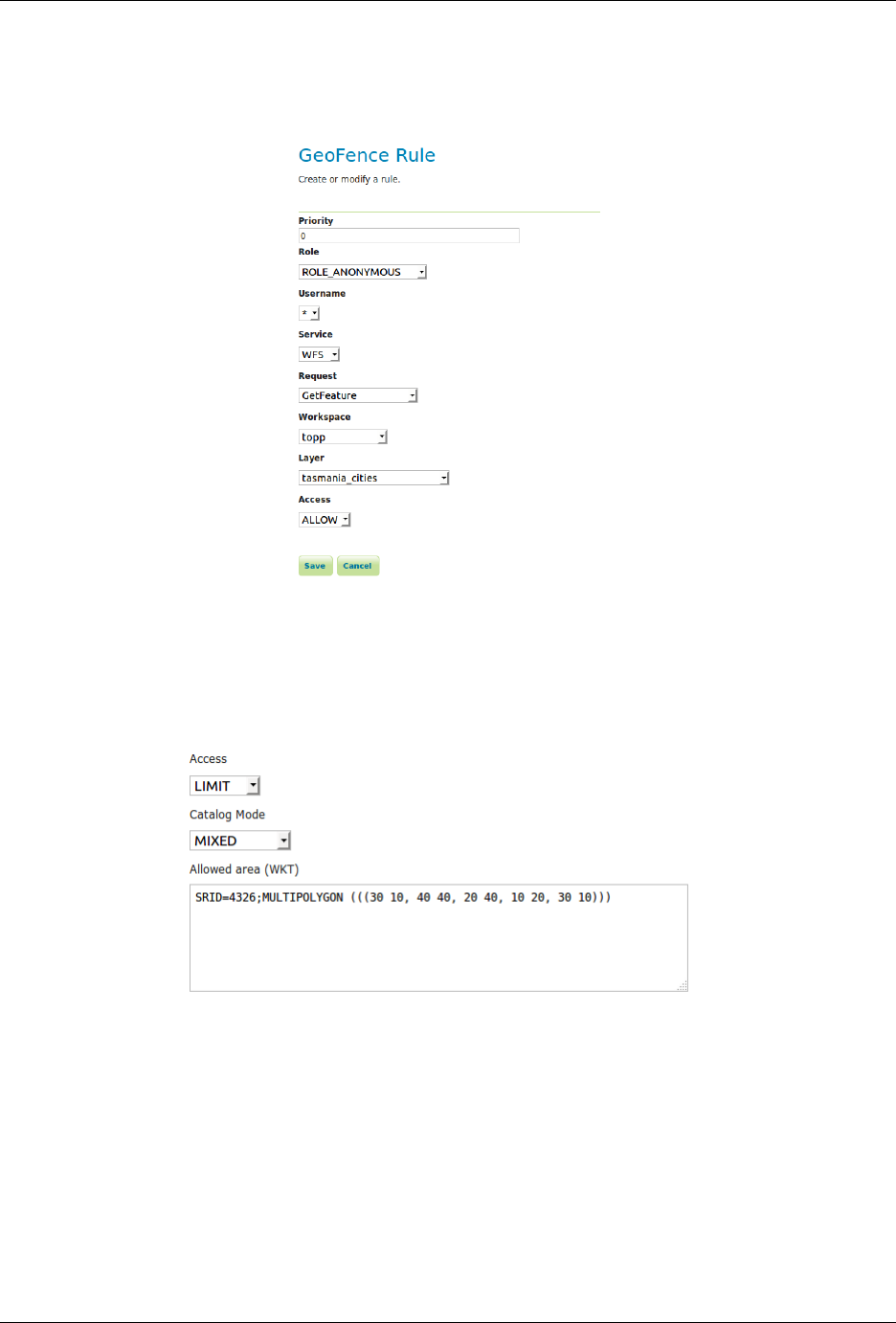
GeoServer User Manual, Release 2.15.1
Rule page
This page is displayed both when creating a new rule and modifying an existing rule.
Priority can be changed manually by specifying a priority number. If this priority number is already occu-
pied by another rule, this will cause that rule and all rules after it to shift one place to a lower priority.
When Access type LIMIT is selected, additional options are displayed that allows the user to select the
Catalog Mode and the Allowed Area (WKT) associated with this rule.
When Access type ACCESS is selected as well as a specific layer, it becomes possible to specify the “layer
details” in a separate tab. These make it possible to add additional filters to the layer for the rule in ques-
tion. For example, the rule can alter the default style of the layer, specify which styles are available at all,
which attributes are accessible for reading and/or writing, specify CQL filters for both reading and writing,
specify a catalog mode, and an allowed area (WKT) filter.
15.23. Geofence Internal Server 1693
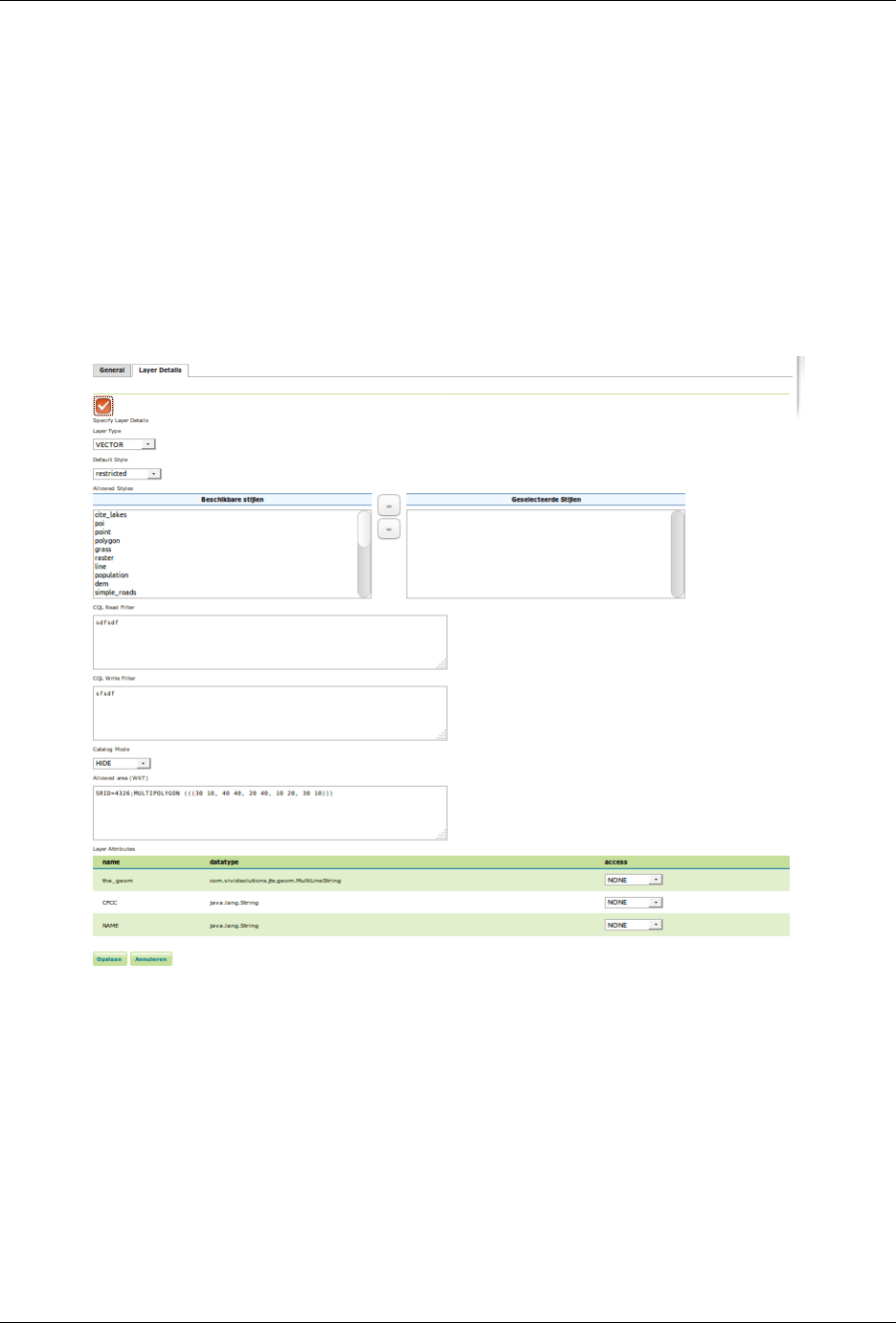
GeoServer User Manual, Release 2.15.1
1694 Chapter 15. Extensions

GeoServer User Manual, Release 2.15.1
15.23.4 GeoFence Rest API
Security
The Geofence Rest API is only accessible to users with the role ROLE_ADMIN.
Input/Output
Data Object Transfer
Both XML and JSON are supported for transfer of data objects. The default is XML. Alternatively, JSON
may be used by setting the ‘content-type’ (POST) and ‘accept’ (GET) http headers to ‘application/json’ in
your requests.
Encoding of a rule in XML:
<Rule>
<id>..</id>
<priority>..</priority>
<userName>..</userName>
<roleName>..</roleName>
<workspace>..</workspace>
<layer>..</layer>
<service>..</service>
<request>..</request>
<access> ALLOW | DENY | LIMIT </access>
<!-- for LIMIT access rules-->
<limits>
<allowedArea>..</allowedArea>
<catalogMode> HIDE | CHALLENGE | MIXED </catalogMode>
</limits>
<!-- for ALLOW access rules with specified layer -->
<layerDetails>
<layerType> VECTOR | RASTER | LAYERGROUP </layerType>
<defaultStyle>..</defaultStyle>
<cqlFilterRead>..</cqlFilterRead>
<cqlFilterWrite>..</cqlFilterWrite>
<allowedArea>..</allowedArea>
<catalogMode> HIDE | CHALLENGE | MIXED </catalogMode>
<allowedStyle>..</allowedStyle>
<allowedStyle>..</allowedStyle>
..
<attribute>
<name>..</name>
<datatype>..</datatype>
<accessType> NONE | READONLY | READWRITE </accessType>
15.23. Geofence Internal Server 1695
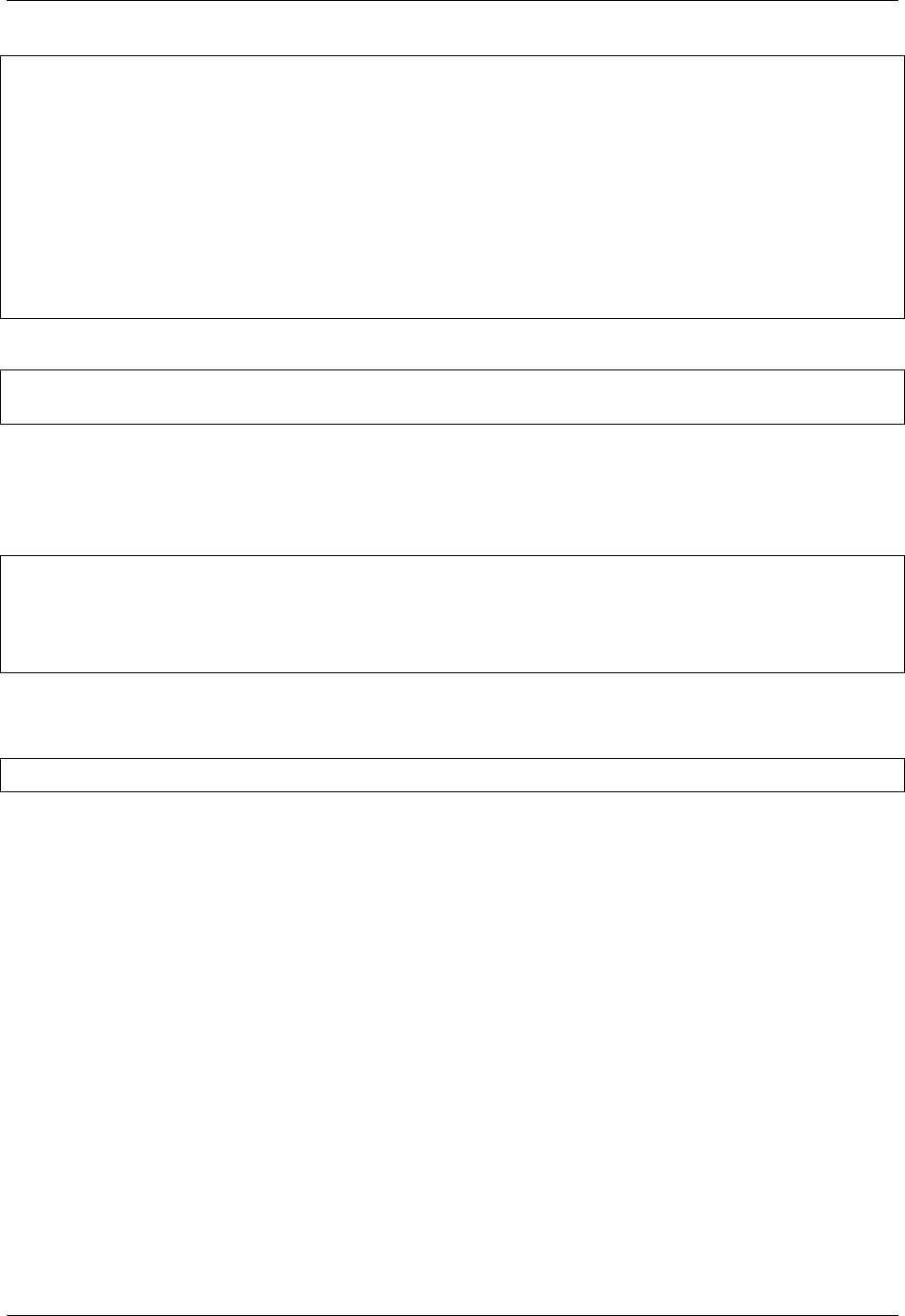
GeoServer User Manual, Release 2.15.1
</attribute>
<attribute>
<name>..</name>
<datatype>..</datatype>
<accessType> NONE | READONLY | READWRITE </accessType>
</attribute>
..
</layerDetails>
</Rule>
Encoding of a rule in JSON:
{"Rule": {"id":..,"priority":..,"userName":"..","roleName":"..","workspace":"..",
,→"layer":"..","service":"..","request":"..","access":".."}}
In case a rule that has “any” (“*”) for a particular field the field is either not included (default), left empty or
specified with a single asterisk (the latter two may be used for updates to distinguish from “do not change
this field”).
Encoding of a list of rules in XML:
<Rules count="n">
<Rule> ... </Rule>
<Rule> ... </Rule>
...
</Rules>
The result of a count would not include the actual <Rule> tags.
Encoding of a list of rules in JSON:
{"count":n,"rules":[{..},{..},..]}
Filter Parameters
All filter parameters are optional.
1696 Chapter 15. Extensions
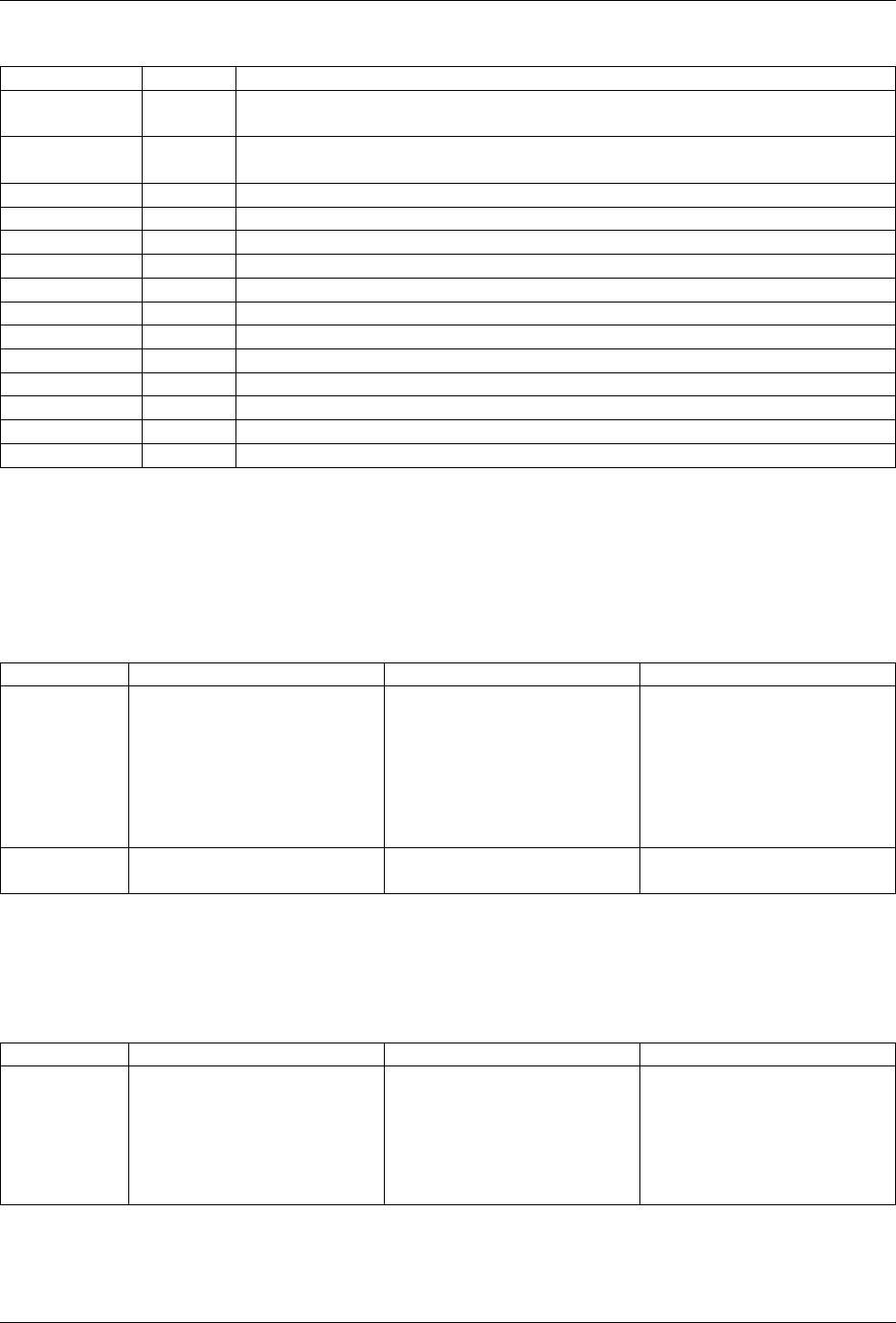
GeoServer User Manual, Release 2.15.1
Name Type Description
page number Used for paging a list of rules. Specifies the number of the page. Leave out
for no paging. If specified, entries should also be specified.
entries number Used for paging a list of rules. Specifies the number of entries per page.
Leave out for no paging. If specified, page should also be specified.
userName string Filter rules on username (excludes all other specified usernames).
userAny 0 or 1. Specify whether rules for ‘any’ username are included or not.
roleName string Filter rules on rolename (excludes all other specified rolenames).
roleAny 0 or 1. Specify whether rules for ‘any’ rolename are included or not.
service string Filter rules on service (excludes all other specified services).
serviceAny 0 or 1. Specify whether rules for ‘any’ service are included or not.
request string Filter rules on request (excludes all other specified requests).
requestAny 0 or 1. Specify whether rules for ‘any’ request are included or not.
workspace string Filter rules on workspace (excludes all other specified workspaces).
workspaceAny 0 or 1. Specify whether rules for ‘any’ workspace are included or not.
layer string Filter rules on layer (excludes all other specified layers).
layerAny 0 or 1. Specify whether rules for ‘any’ layer are included or not.
Requests
/rest/geofence/rules/
Query all rules or add a new rule.
Method Action Supported parameters Response
GET List all rules, with respect to
any added filters
page, entries, userName,
userAny, roleName,
roleAny, service, ser-
viceAny, request, re-
questAny, workspace,
workspaceAny, layer,
layerAny
200 OK. List of rules in
XML.
POST Add a new rule None 201 Inserted. Created ID
header.
/rest/geofence/rules/count
Counts (filtered) rules.
Method Action Supported parameters Response
GET Count all rules, with re-
spect to any added filters
userName, userAny, role-
Name, roleAny, service,
serviceAny, request, re-
questAny, workspace,
workspaceAny, layer,
layerAny
200 OK. Rule list count in
XML.
15.23. Geofence Internal Server 1697
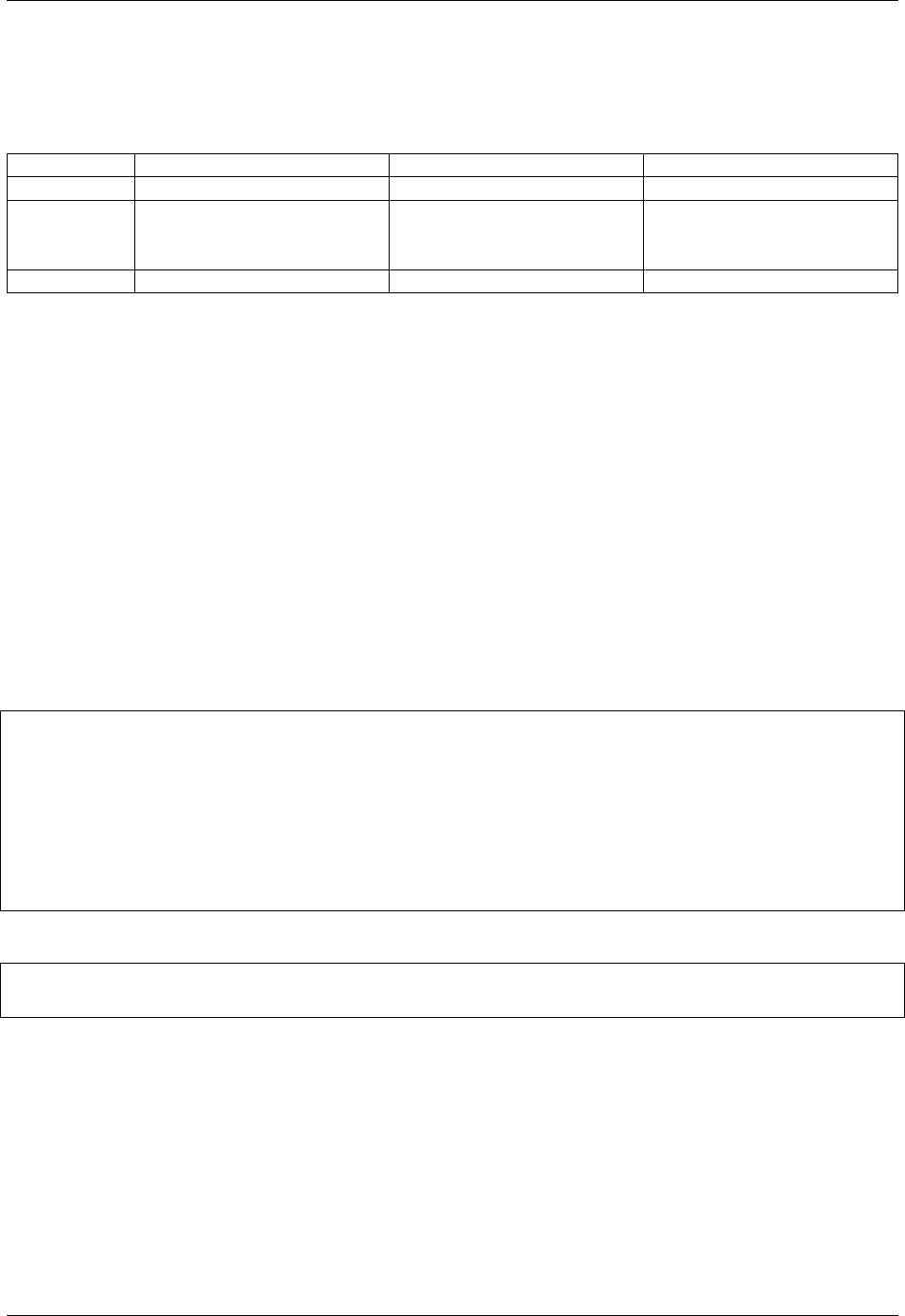
GeoServer User Manual, Release 2.15.1
/rest/geofence/rules/id/<id>
Query, modify or delete a specific rule.
Method Action Supported parameters Response
GET Read rule information None 200 OK. Rule in XML.
POST Modify the rule, un-
specified fields remain
unchanged.
None 200 OK.
DELETE Delete the rule None 200 OK.
15.23.5 AdminRules Rest API
Security
The Geofence Rest API is only accessible to users with the role ROLE_ADMIN.
Input/Output
Data Object Transfer
Both XML and JSON are supported for transfer of data objects. The default is XML. Alternatively, JSON
may be used by setting the ‘content-type’ (POST) and ‘accept’ (GET) http headers to ‘application/json’ in
your requests.
Encoding of an AdminRule in XML:
<AdminRule>
<id>..</id>
<priority>..</priority>
<userName>..</userName>
<roleName>..</roleName>
<addressRange>..</addressRange>
<workspace>..</workspace>
<access>..</access>
</AdminRule>
Encoding of a rule in JSON:
{"id":..,"priority":..,"userName":"..","roleName":"..","addressRange":"..","workspace
,→":"..","access":".."}
In case a rule that has “any” (“*”) for a particular field the field is either not included (default), left empty or
specified with a single asterisk (the latter two may be used for updates to distinguish from “do not change
this field”).
access should be either ADMIN or USER.
addressRange is a string in CIDR notation (block/bits: e.g. 127.0.0.1/32).
Encoding of a list of rules in XML:
1698 Chapter 15. Extensions
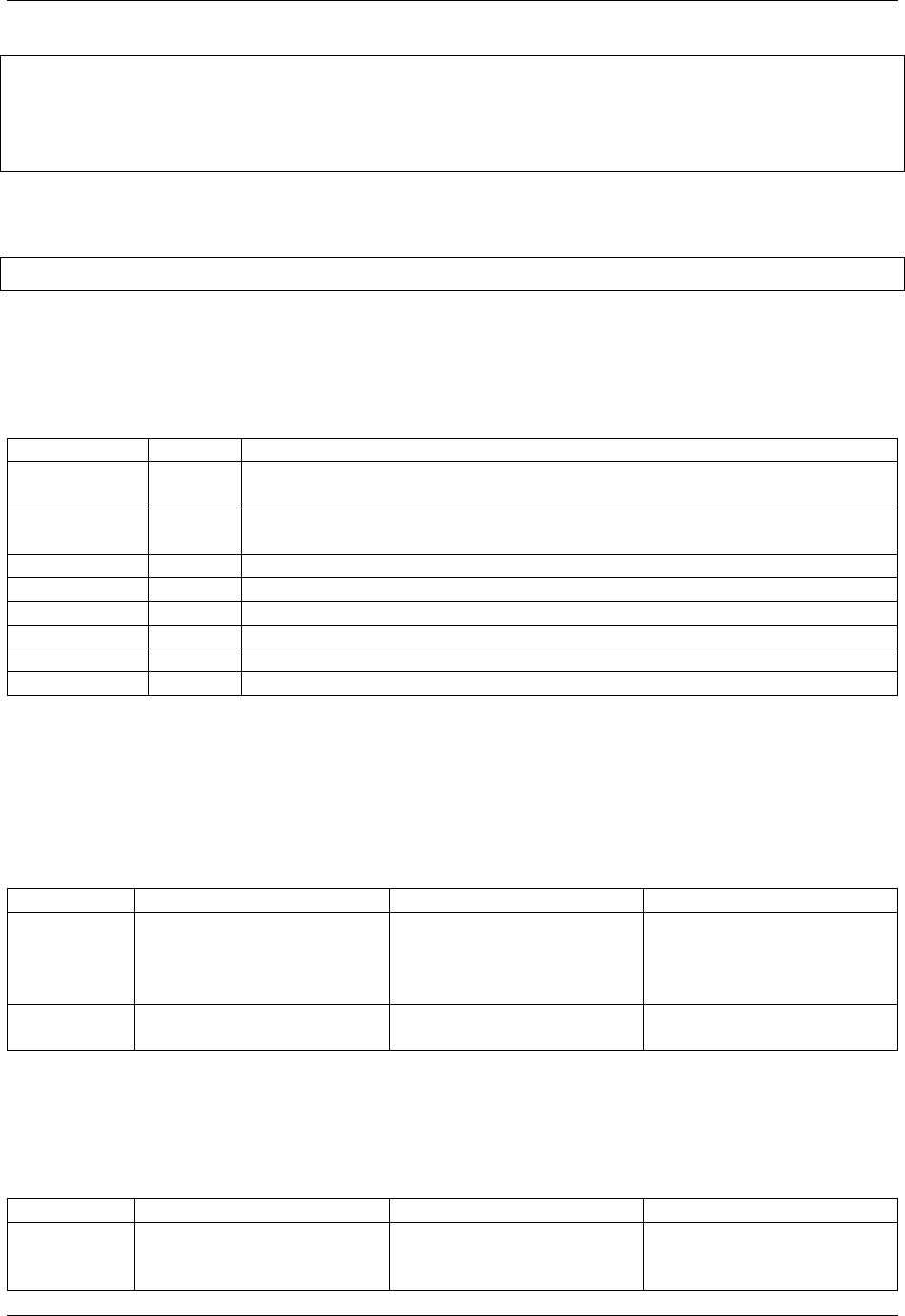
GeoServer User Manual, Release 2.15.1
<AdminRules count="n">
<AdminRule> ... </AdminRule>
<AdminRule> ... </AdminRule>
...
</AdminRules>
The result of a count would not include the actual <AdminRule> tags.
Encoding of a list of rules in JSON:
{"count":n,"adminrules":[{..},{..},..]}
Filter Parameters
All filter parameters are optional.
Name Type Description
page number Used for paging a list of rules. Specifies the number of the page. Leave out
for no paging. If specified, entries should also be specified.
entries number Used for paging a list of rules. Specifies the number of entries per page.
Leave out for no paging. If specified, page should also be specified.
userName string Filter rules on username (excludes all other specified usernames).
userAny 0 or 1. Specify whether rules matching any username should be included or not.
roleName string Filter rules on rolename (excludes all other specified rolenames).
roleAny 0 or 1. Specify whether rules matching any rolename should be included or not.
workspace string Filter rules on workspace (excludes all other specified workspaces).
workspaceAny 0 or 1. Specify whether rules matching any workspace should be included or not.
Requests
/geofence/rest/adminrules/
Query all adminrules or add a new adminrule.
Method Action Supported parameters Response
GET List all adminrules, with re-
spect to any added filters
page, entries, userName,
userAny, roleName,
roleAny, workspace,
workspaceAny
200 OK. List of adminrules
in XML.
POST Add a new adminrule None 201 Inserted. Created ID
header.
/geofence/rest/adminrules/count
Counts (filtered) adminrules.
Method Action Supported parameters Response
GET Count all adminrules, with
respect to any added filters
userName, userAny, role-
Name, roleAny, workspace,
workspaceAny
200 OK. Rule list count in
XML.
15.23. Geofence Internal Server 1699
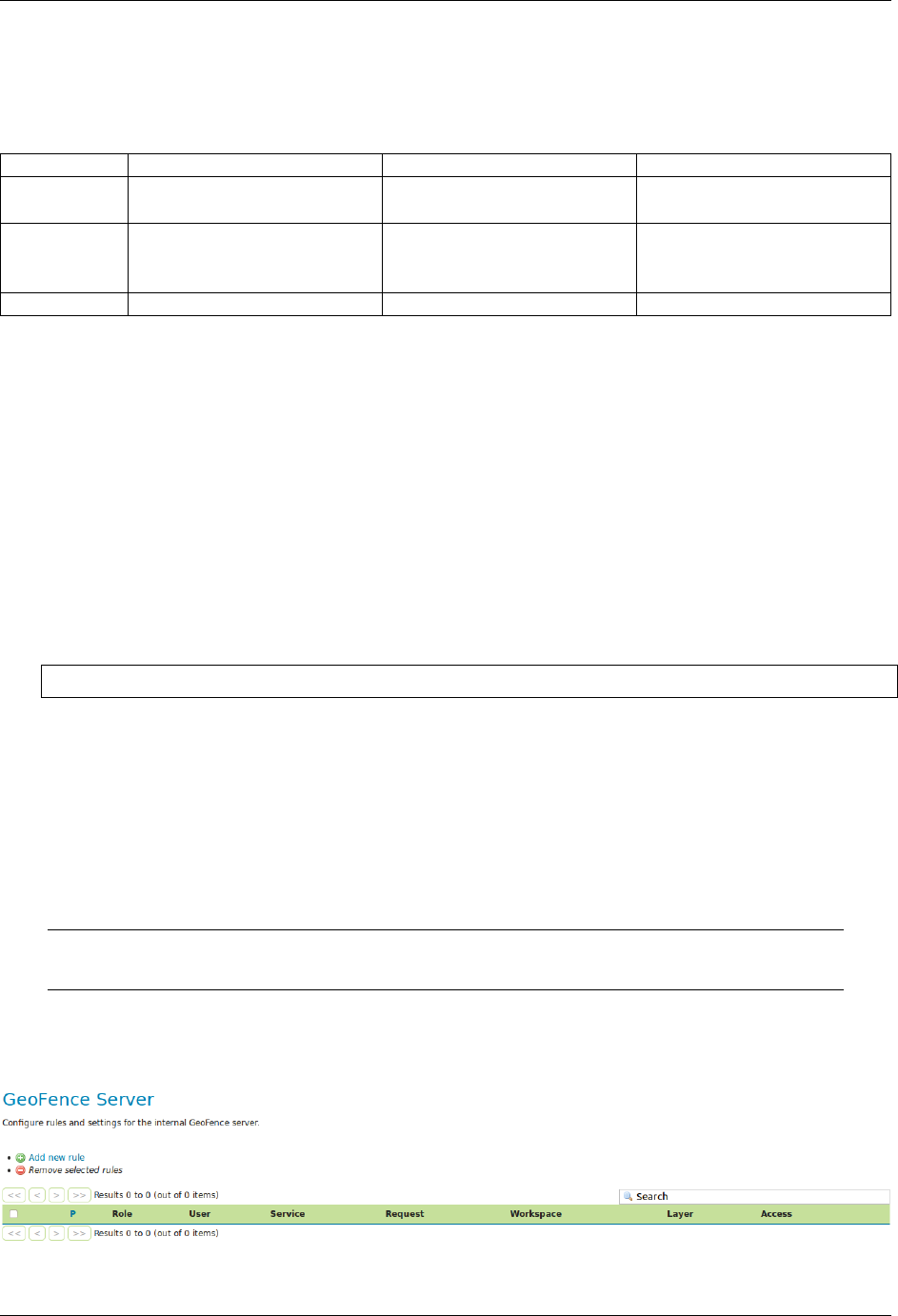
GeoServer User Manual, Release 2.15.1
/geofence/rest/adminrules/id/<id>
Query, modify or delete a specific adminrule.
Method Action Supported parameters Response
GET Read adminrule informa-
tion
None 200 OK. AdminRule in
XML.
POST Modify the adminrule, un-
specified fields remain un-
changed.
None 200 OK.
DELETE Delete the adminrule None 200 OK.
15.23.6 Using the Internal GeoFence server (Tutorial)
Introduction
This tutorial shows how to install and configure the Geofence Internal Server plug-in. It shows how to create
rules in two ways: using the GUI and REST methods.
The tutorial assumes:
• GeoServer is running on http://localhost:8080/geoserver
• You have a user/group service called “default” that allows the creation of new users. If your primary
user/group service is not called “default”, you must start geoserver with the following java system
property present:
org.geoserver.rest.DefaultUserGroupServiceName=<name_of_usergroupservice>
with <name_of_usergroupservice> a user/group service that allows the creation of new users.
Getting Started
Install the plugin-in, see GeoFence promoted to extension since version 2.15. Configure the user/group service
as described above if necessary.
Restart GeoServer.
Note: Since we defined no rules yet, the default behavior of GeoFence is to deny access to all
resources.
There should now be a GeoFence Server link on the left side of the screen after logging in. Click on it. This is
the configuration page of your internal GeoFence.
1700 Chapter 15. Extensions
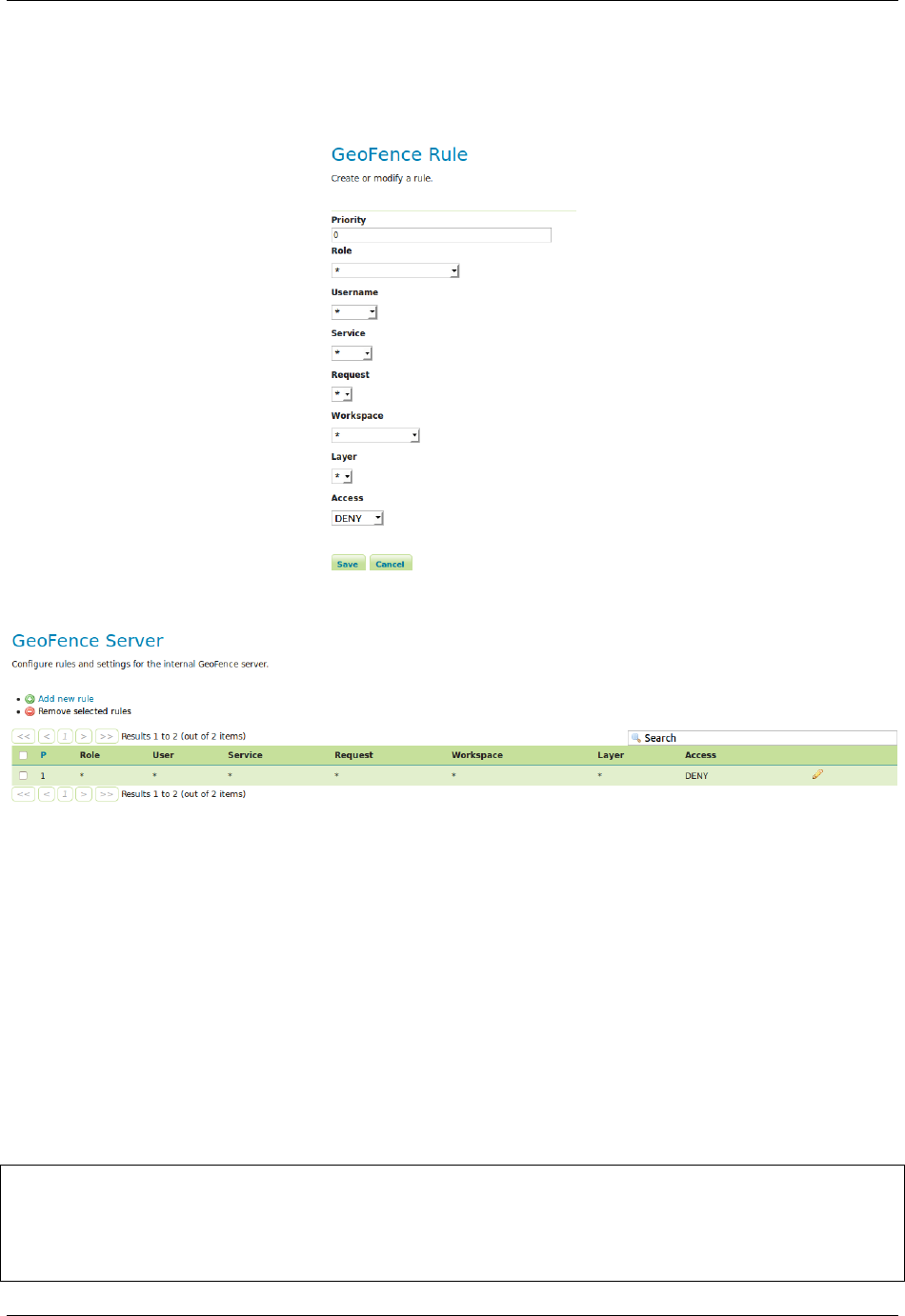
GeoServer User Manual, Release 2.15.1
Creating new Rules with the GUI
1. Click on the “Add new rule” link. Change only “Access” to “DENY”.
Click on “Save”.
We have now expressed that the first rule (with lowest priority) disallows everyone from everything. The
following more specific rules we make will provide the exceptions to that general rule. It is also possible to
do it the other way (allow everyone to anything as most general rule and specify exceptions to that.)
2. As a next step, we will grant the administrator access to everything. Click on “Add new rule” again.
Change “Role” to “ADMIN” and click “Save”.
You now have a working, basic security configuration.
Creating rules with the REST API
1. Open a new tab with your browser and go to the following URL: http://localhost:8080/geoserver/
geofence/rest/rules. You should get an XML representation of your rules:
<?xml version="1.0" encoding="UTF-8" standalone="yes"?>
<Rules count="2">
<Rule id="2">
<access>ALLOW</access>
<priority>0</priority>
15.23. Geofence Internal Server 1701
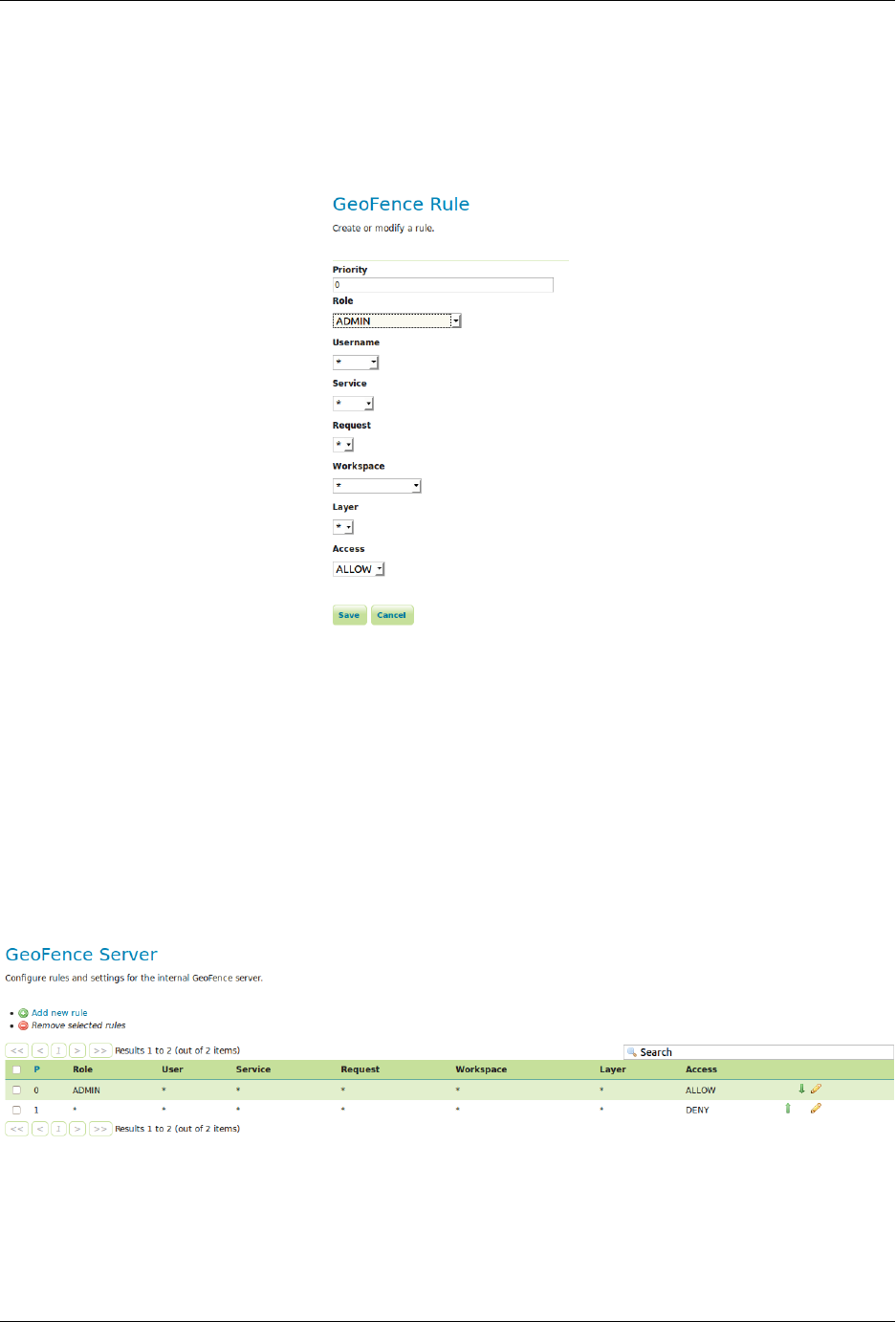
GeoServer User Manual, Release 2.15.1
1702 Chapter 15. Extensions
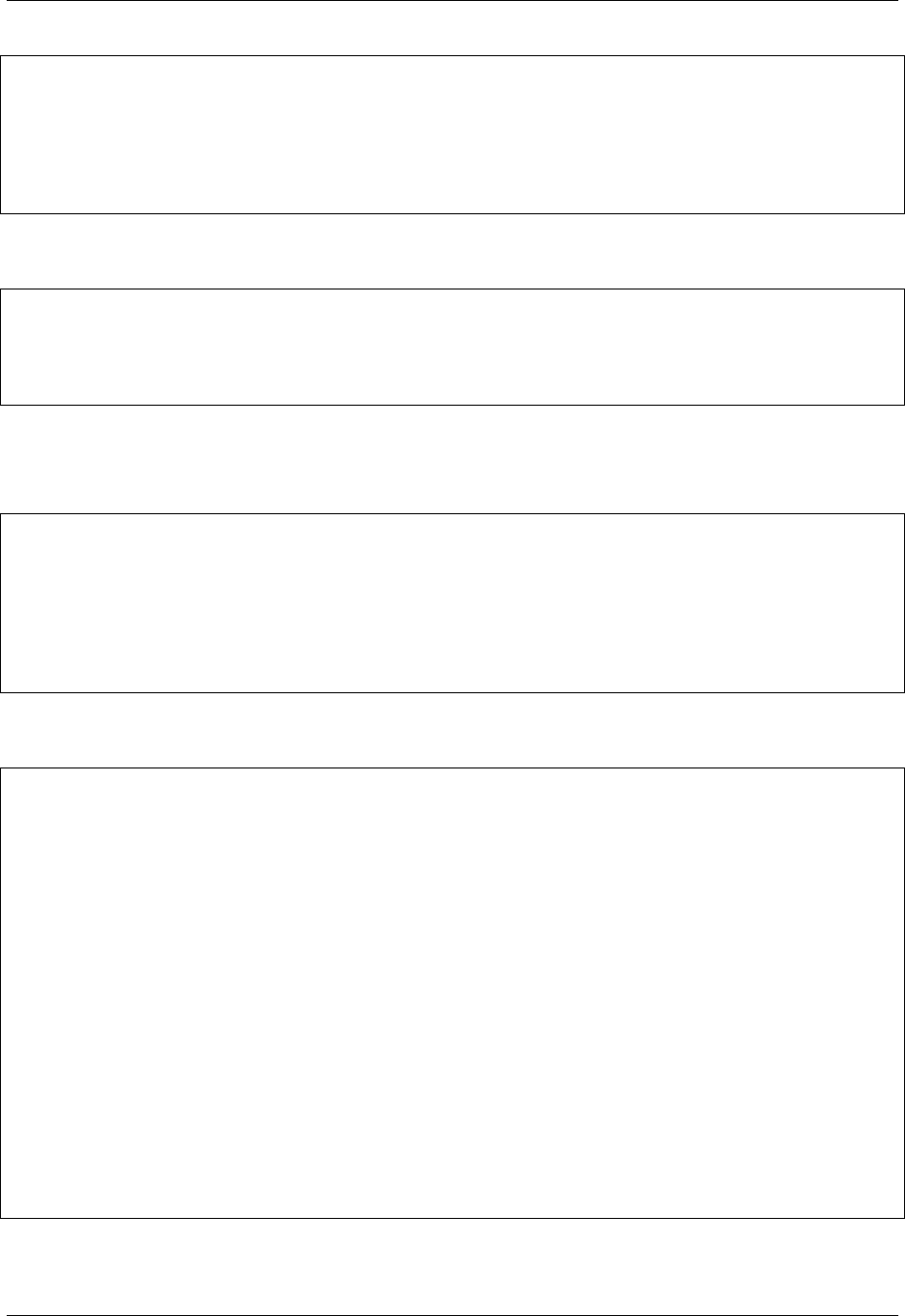
GeoServer User Manual, Release 2.15.1
<roleName>ADMIN</roleName>
</Rule>
<Rule id="1">
<access>DENY</access>
<priority>1</priority>
</Rule>
</Rules>
2. Let us first create a new user. Do this by sending a POST request to the following URL http://localhost:
8080/geoserver/rest/security/usergroup/users with the following content:
<user>
<userName>michaeljfox</userName>
<password>back2$future</password>
<enabled>true</enabled>
</user>
You should receive a 201 Created HTTP Response.
3. Now we will create an access rule for this user. Do this by sending a POST request to the following URL:
http://localhost:8080/geoserver/geofence/rest/rules with the following content:
<Rule>
<userName>michaeljfox</userName>
<workspace>topp</workspace>
<layer>states</layer>
<service>WMS</service>
<request>GetMap</request>
<access>ALLOW</access>
</Rule>
Again, you should receive a 201 Created HTTP Response. When browsing to the URL http://localhost:
8080/geoserver/geofence/rest/rules we should now see the following information:
<?xml version="1.0" encoding="UTF-8" standalone="yes"?>
<Rules count="2">
<Rule id="3">
<access>ALLOW</access>
<layer>states</layer
<priority>0</priority>
<request>GETMAP</request>
<service>WMS</service>
<userName>michaeljfox</userName>
<workspace>topp</workspace>
</Rule>
<Rule id="2">
<access>ALLOW</access>
<priority>0</priority>
<roleName>ADMIN</roleName>
</Rule>
<Rule id="1">
<access>DENY</access>
<priority>1</priority>
</Rule>
</Rules>
4. It should now be possible to log on with username michaeljfox and password back2$future
and perform a GetMap on the layer topp:states, but nothing else.
15.23. Geofence Internal Server 1703

GeoServer User Manual, Release 2.15.1
15.23.7 Migrating old GeoFence configuration to GeoServer 2.12 and following
Starting from GeoServer 2.12, the allowDynamicStyles GeoFence configuration option has been moved
to the core GeoServer WMS module.
This means that if you had this option active in GeoFence, you have to manually enable the same option in
the WMS service configuration page of the GeoServer Admin UI (either globally or on a virtual service by
virtual service basis).
See here: WMS settings
1704 Chapter 15. Extensions
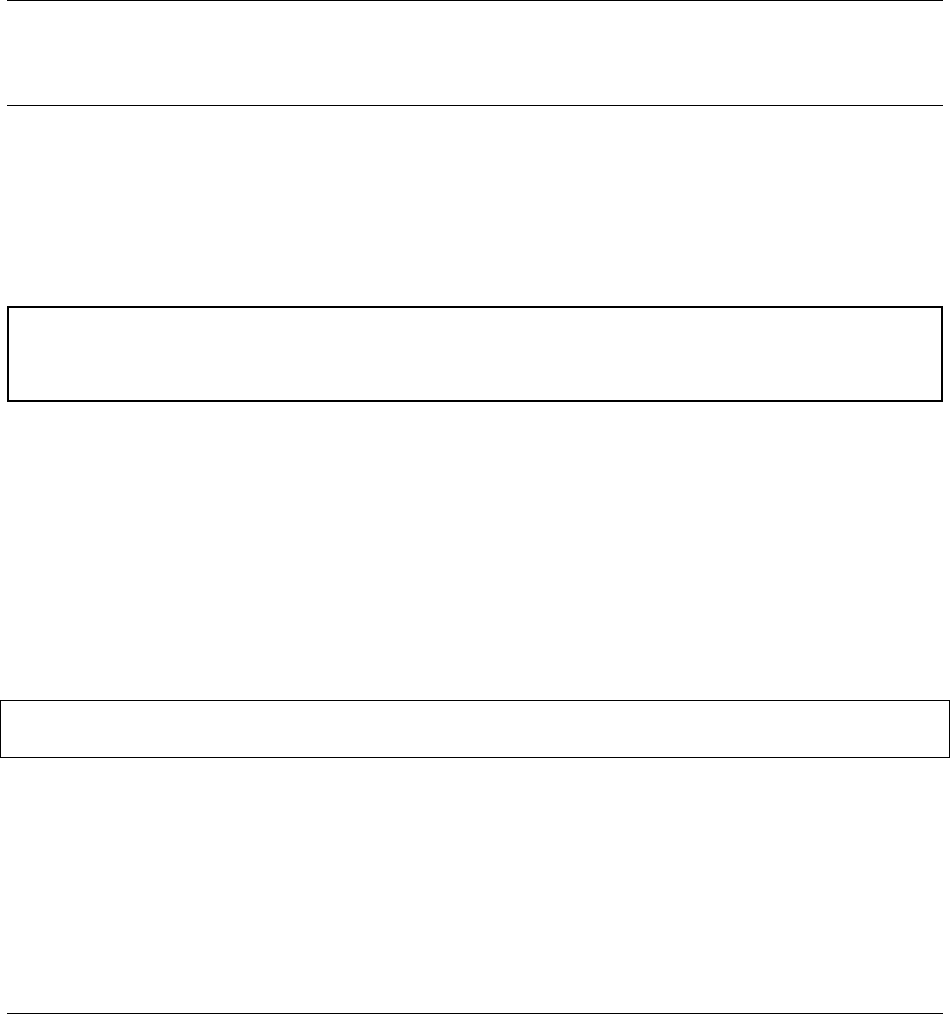
CHAPTER 16
Community modules
This section is devoted to GeoServer community modules. Community modules are considered “pending”
in that they are not officially part of the GeoServer releases. They are however built along with the nightly
builds, so you can download and play with them.
Warning: Community modules are generally considered experimental in nature and are often under
constant development. For that reason documentation in this section should not be considered solid or
final and will be subject to change.
16.1 Key authentication module
The authkey module for GeoServer allows for a very simple authentication protocol designed for OGC
clients that cannot handle any kind of security protocol, not even the HTTP basic authentication.
For these clients the module allows a minimal form of authentication by appending a unique key in the URL
that is used as the sole authentication token. Obviously this approach is open to security token sniffing and
must always be associated with the use of HTTPS connections.
A sample authenticated request looks like:
http://localhost:8080/geoserver/topp/wms?service=WMS&version=1.3.0&
,→request=GetCapabilities&authkey=ef18d7e7-963b-470f-9230-c7f9de166888
Where authkey=ef18d7e7-963b-470f-9230-c7f9de166888 is associated to a specific user (more on
this later). The capabilities document contains backlinks to the server itself, linking to the URLs that can
be used to perform GetMap, GetFeatureInfo and so on. When the authkey parameter is provided the
backlinks will contain the authentication key as well, allowing any compliant WMS client to access secured
resources.
1705
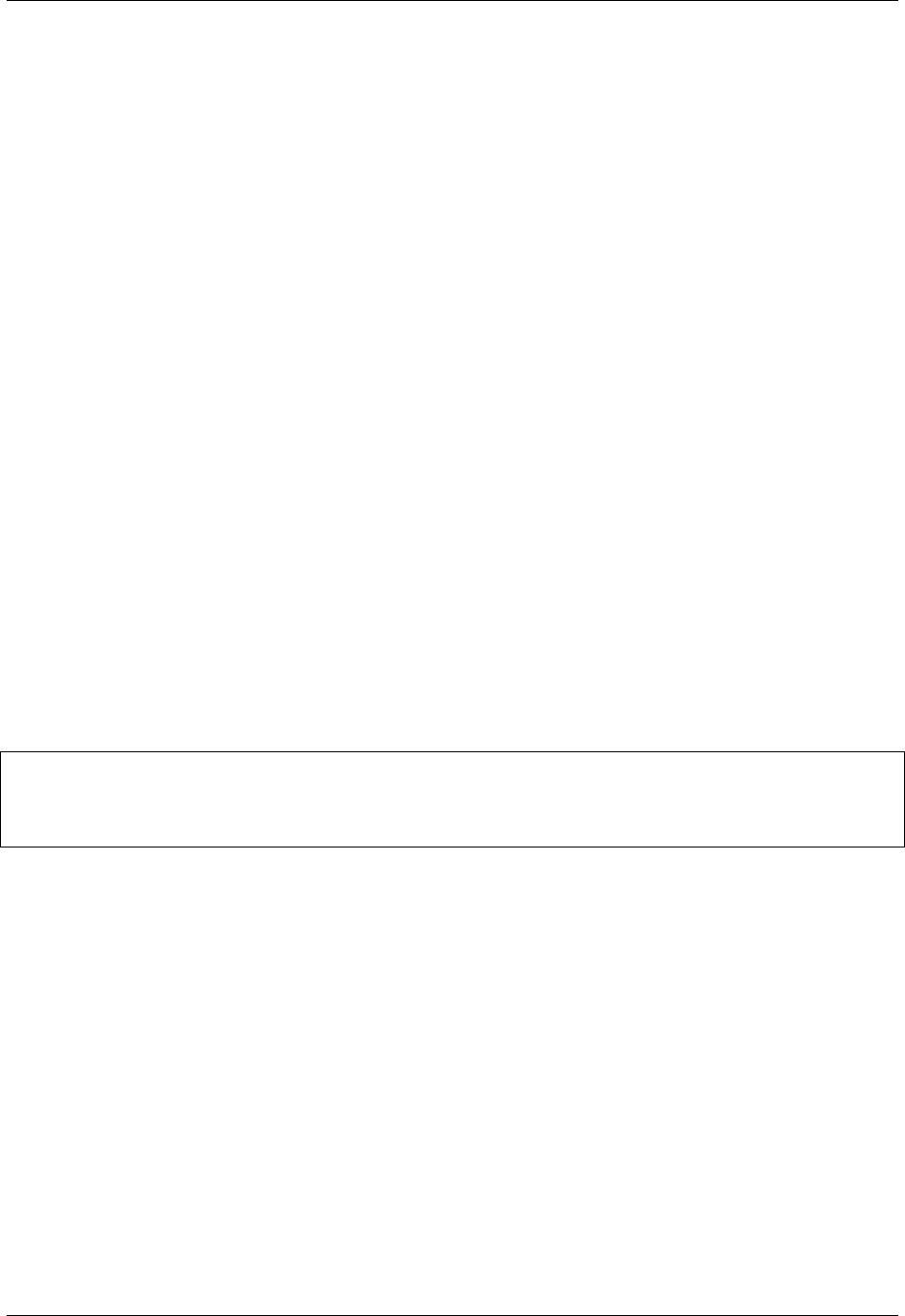
GeoServer User Manual, Release 2.15.1
16.1.1 Limitations
The authkey module is meant to be used with OGC services. It won’t work properly against the adminis-
tration GUI, nor RESTConfig.
16.1.2 Key providers
Key providers are responsible for mapping the authentication keys to a user. The authentication key itself
is a UUID (Universal unique Identifier). A key provider needs a user/group service and it is responsible
for synchronizing the authentication keys with the users contained in this service.
Key provider using user properties
This key provider uses a user property UUID to map the authentication key to the user. User properties are
stored in the user/group service. Synchronizing is simple since the logic has to search for users not having
the property UUID and add it. The property value is a generated UUID.
UUID=b52d2068-0a9b-45d7-aacc-144d16322018
If the user/group service is read only, the property has to be added from outside, no synchronizing is
possible.
Key provider using a property file
This key provider uses a property file named authkeys.properties. The default user/group service is
named default. The authkeys.properties for this service would be located at
$GEOSERVER_DATA_DIR/security/usergroup/default/authkeys.propeties
A sample file looks as follows:
# Format is authkey=username
b52d2068-0a9b-45d7-aacc-144d16322018=admin
1825efd3-20e1-4c18-9648-62c97d3ee5cb=sf
ef18d7e7-963b-470f-9230-c7f9de166888=topp
This key provider also works for read only user/group services. Synchronizing adds new users not having
an entry in this file and removes entries for users deleted in the user/group service.
Key provider using an external web service
This key provider calls an external URL to map the authentication key to the user. This allows GeoServer to
integrate into an existing security infrastructure, where a session token is shared among applications and
managed through dedicated web services.
The web service URL and some other parameters can be specified to configure the mapper in details:
1706 Chapter 16. Community modules
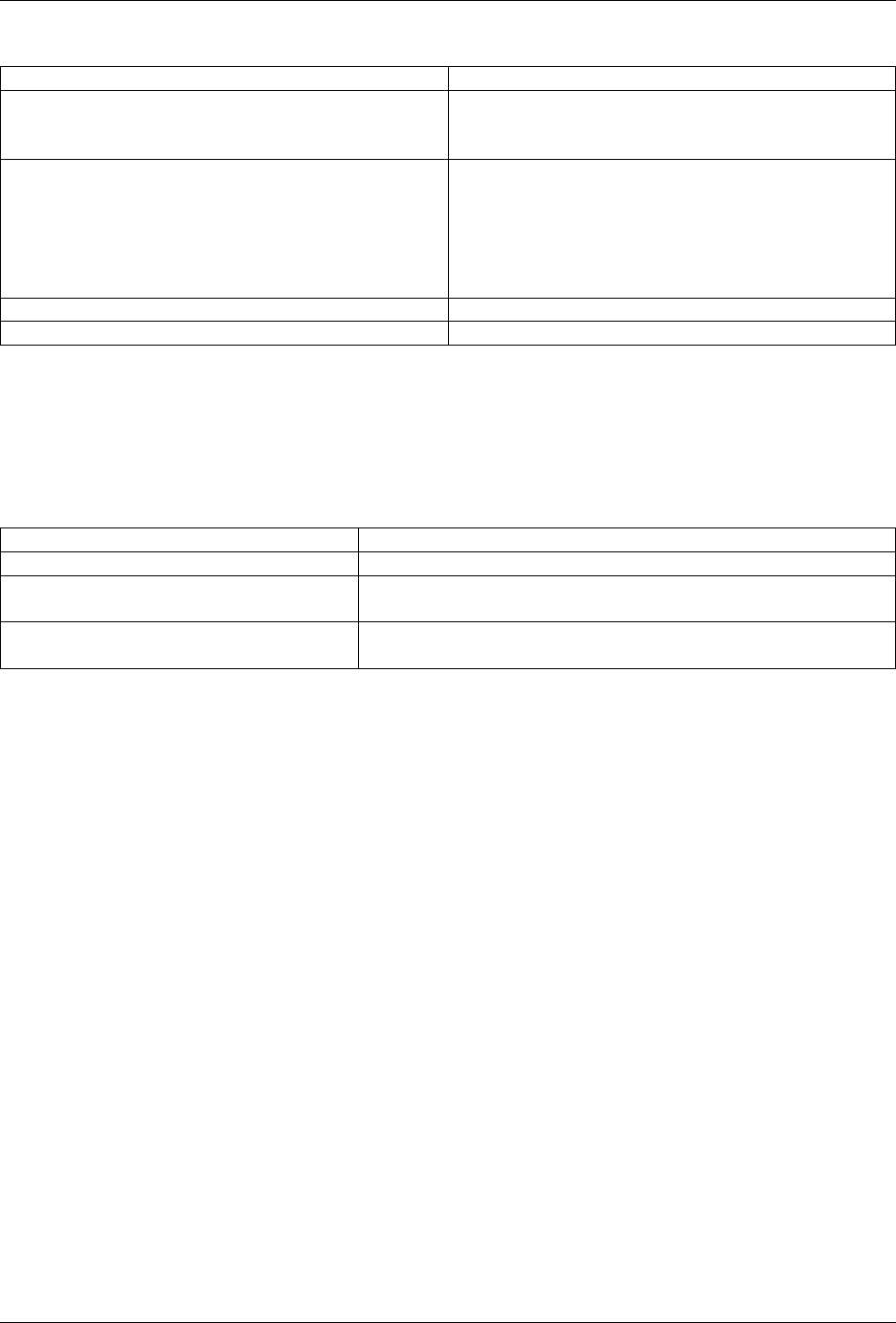
GeoServer User Manual, Release 2.15.1
Option Description
Web Service URL, with key placeholder the complete URL of the key mapping webservice,
with a special placeholder ({key}) that will be re-
placed by the current authentication key
Web Service Response User Search
Regular Expression
a regular expression used to extract the username
from the webservice response; the first matched
group (the part included in parentheses) in the reg-
ular expression will be used as the user name; the
default (^\s*(.*)\s*$) takes all the response text,
trimming spaces at both ends
Connection Timeout timeout to connect to the webservice
Read Timeout timeout to read data from the webservice
The mapper will call the webservice using an HTTP GET request (webservice requiring POST are not sup-
ported yet), replacing the {key} placeholder in the configured URL with the actual authentication key.
If a response is received, it is parsed using the configured regular expression to extract the user name from
it. New lines are automatically stripped from the response. Some examples of regular expression that can
be used are:
Regular Expression Usage
^\\s*(.*)\\s*$all text trimming spaces at both ends
^.*?\"user\"\\s*:\\s*\"([^\"]+)\".
*$
json response where the username is contained in a property
named user
^.*?<username>(.*?)</
username>.*$
xml response where the username is contained in a tag named
username
Synchronizing users with the user/group service is not supported by this mapper.
AuthKEY WebService Body Response UserGroup Service
When using an external web service to get Auth details, it is possible to define a custom GeoServer
UserGroup Service being able to fetch Authorities - aka user’s Roles - from the HTTP Body Response.
The rationale is mostly the same; that kind of GeoServer UserGroup Service will be apply a
rolesRegex - Roles Regular Expression - to the body response - which can be either XML, JSON or Plain
Text/HTML - in order to fetch the list of available Authorities.
In order to do this, it is possible to configure instances of AuthKEY WebService Body Response User
Group Service.
First thing to do is to:
1. Login as an Administrator
2. Move to Security >Users, Groups, Roles and select Add new from User Group Services
3. Click on AuthKEY WebService Body Response
4. Provide a Name and select anything you want from Passwords - those won’t be used by this service,
but they are still mandatory for GeoServer -
16.1. Key authentication module 1707
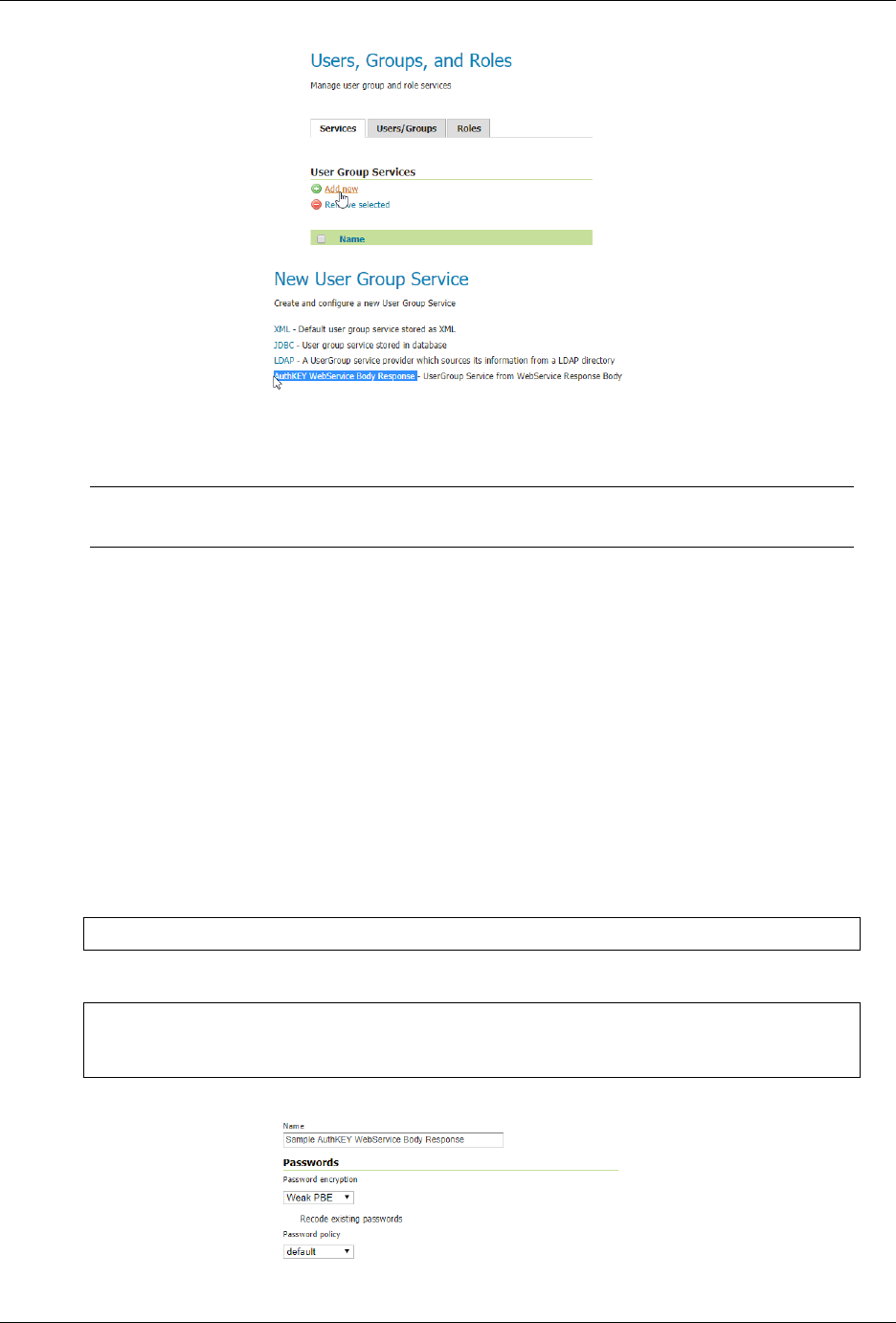
GeoServer User Manual, Release 2.15.1
5. Provide a suitable Roles Regex to apply to your Web Service Response
Note: This is the only real mandatory value to provide. The others are optional and will
allow you to customize the User Group Service behavior (see below)
Once the new GeoServer UserGroup Service has been configured, it can be easily linked to the Key
Provider Web Service Mapper.
1. From Authentication >Authentication Filters, select - or add new - AuthKEY using Web
Service as key mapper
2. Select the newly defined UserGroup Service and save
Additional Options
1. Optional static comma-separated list of available Groups from the Web Service response
It is worth notice that this UserGroup Service will always translate fetched Roles in the
form ROLE_<ROLENAME>
As an instance, if the Roles Regular Expression will match something like:
my_user_role1, another_custom_user_role, role_External_Role_X
this will be converted into 3different GeoServer User Roles named as:
ROLE_MY_USER_ROLE1
ROLE_ANOTHER_CUSTOM_USER_ROLE
ROLE_EXTERNAL_ROLE_X
1708 Chapter 16. Community modules
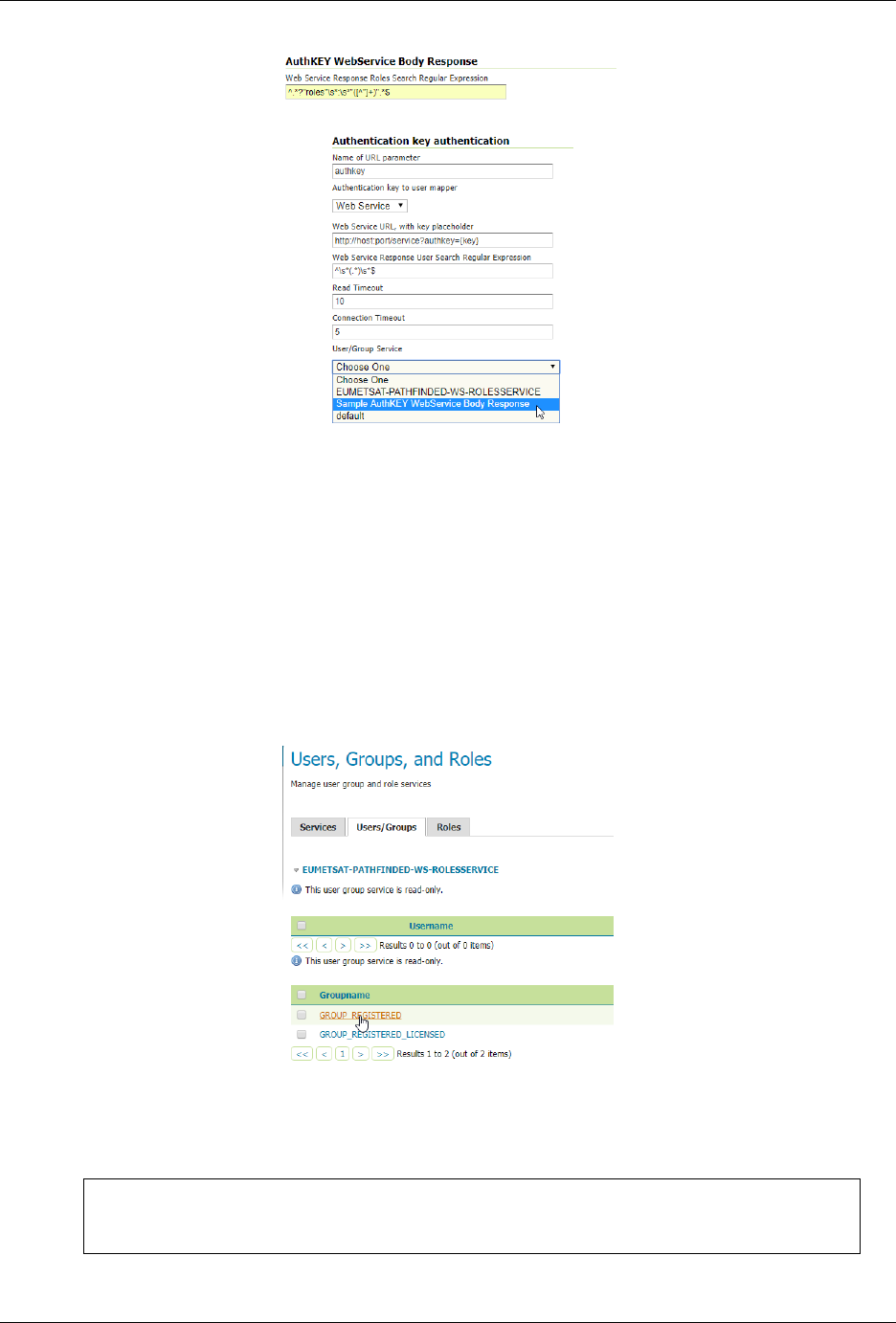
GeoServer User Manual, Release 2.15.1
Of course the role names are known only at runtime; nevertheless it is possible to stati-
cally specify associated GeoServer User Groups to be mapped later to other internal
GeoServer User Roles.
What does this means? A GeoServer User Group can be defined on the GeoServer Cat-
alog and can be mapped by the active Role Services to one or more specific GeoServer
User Roles.
This mainly depends on the GeoServer Role Service you use. By default, the inter-
nal GeoServer Role Service can map Roles and Groups through static configuration
stored on the GeoServer Data Dir. This is possible by editing GeoServer User Group
details from the Users, Groups, and Roles panel
Now, this custom UserGroup Service maps dynamically GeoServer User Role to
GeoServer User Group as follows:
ROLE_MY_USER_ROLE1 <> GROUP_MY_USER_ROLE1
ROLE_ANOTHER_CUSTOM_USER_ROLE <> GROUP_ANOTHER_CUSTOM_USER_ROLE
ROLE_EXTERNAL_ROLE_X <> GROUP_EXTERNAL_ROLE_X
In order to be able to assign any GeoServer User Group to other internal GeoServer
16.1. Key authentication module 1709
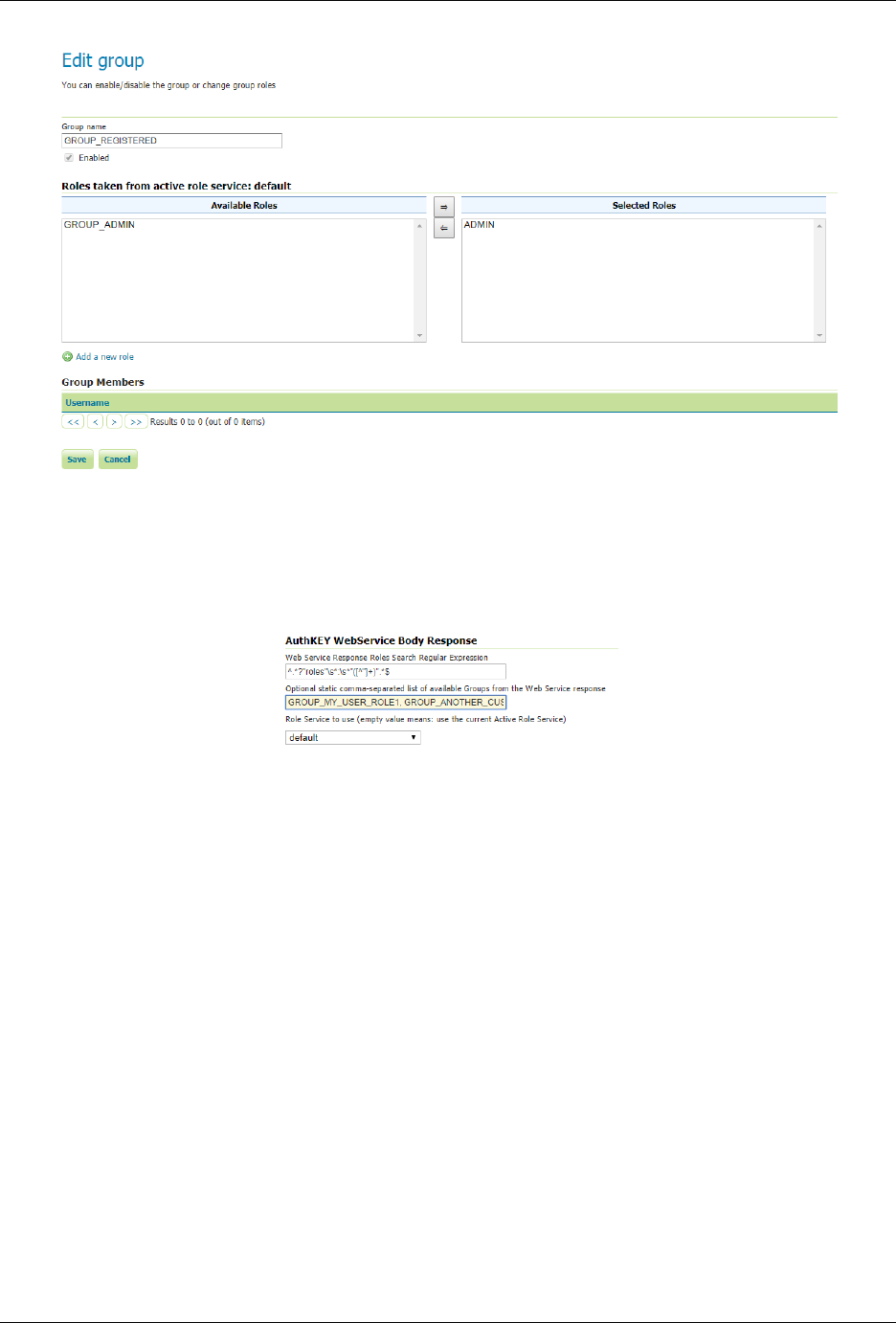
GeoServer User Manual, Release 2.15.1
User Roles, since those are known only at runtime, the UserGroup Service allows us
to statically specify the GeoServer User Groups the Web Service can use; this possible
by setting the Optional static comma-separated list of available Groups
from the Web Service response option:
Once this is correctly configured, it will be possible to edit and assign GeoServer User
Roles to the Groups by using the standard way
2. Role Service to use
By default, if no Role Service specified, the UserGroup Service will use
the GeoServer Active Role Service to resolve GeoServer User Roles from
GeoServer User Groups - as specified above -
It is possible to define a Custom Role Service to use instead, to resole GeoServer
User Roles; this is possible simply by selecting the Role Service to use from the Role
Service to use option
16.1.3 Configuration
Configuration can be done using the administrator GUI. There is a new type of authentication filter named
authkey offering the following options.
1710 Chapter 16. Community modules
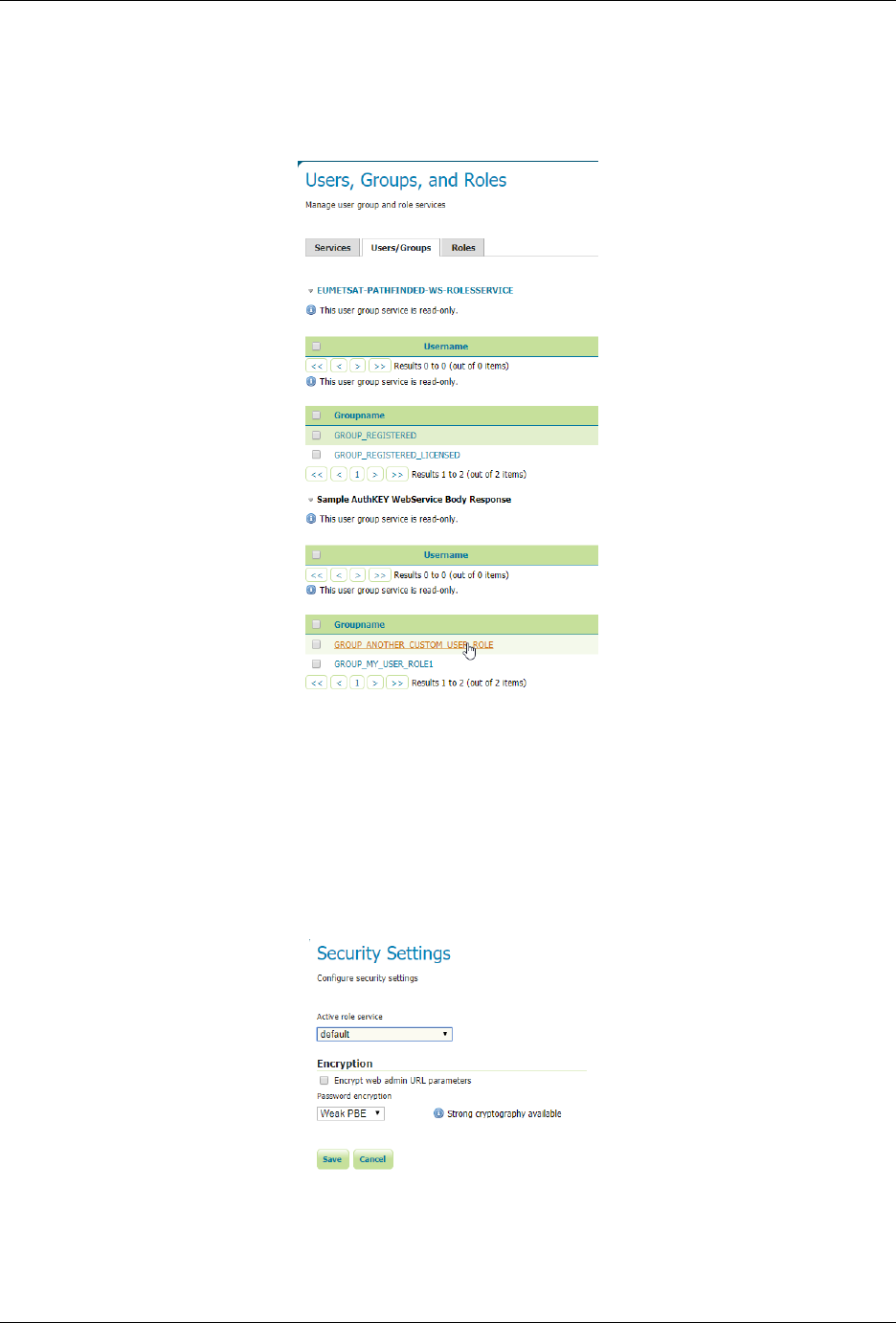
GeoServer User Manual, Release 2.15.1
16.1. Key authentication module 1711
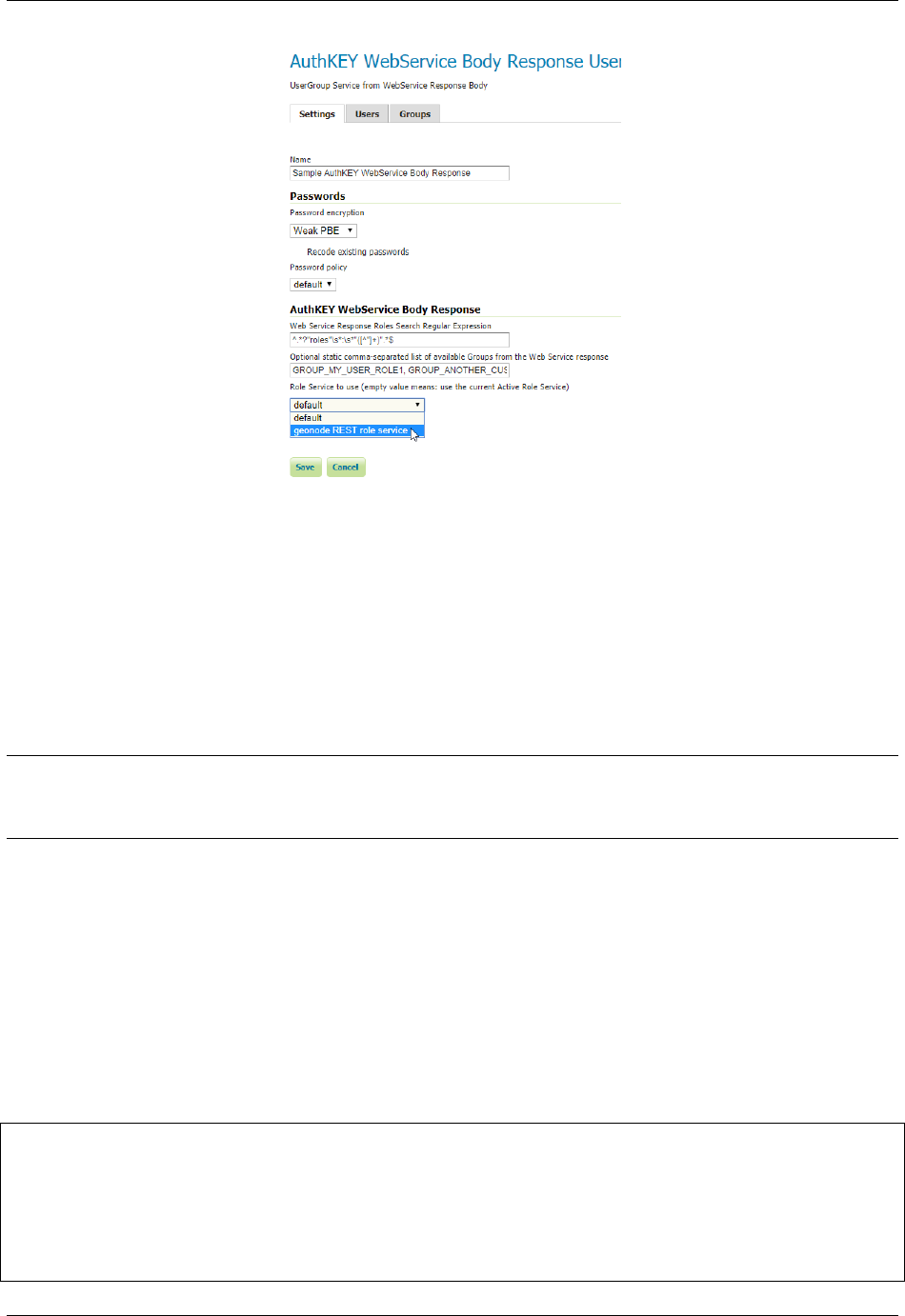
GeoServer User Manual, Release 2.15.1
1. URL parameter name. This the name of URL parameter used in client HTTP requests. Default is
authkey.
2. Key Provider. GeoSever offers the providers described above.
3. User/group service to be used.
Some of the key providers can require additional configuration parameter. These will appear under the
Key Provider combobox when one of those is selected.
After configuring the filter it is necessary to put this filter on the authentication filter chain(s).
Note: The administrator GUI for this filter has button Synchronize. Clicking on this button saves the
current configuration and triggers a synchronize. If users are added/removed from the backing user/group
service, the synchronize logic should be triggered.
16.1.4 Provider pluggability
With some Java programming it is possible to programmatically create and register a new key to user name
mapper that works under a different logic. For example, you could have daily tokens, token generators and
the like.
In order to provide your custom mapper you have to implement the org.geoserver.
security.AuthenticationKeyMapper interface and then register said bean in the Spring
application context. Alternatively it is possible to subclass from org.geoserver.security.
AbstractAuthenticationKeyMapper. A mapper (key provider) has to implement
/**
*
*Maps a unique authentication key to a user name. Since user names are
*unique within a {@link GeoServerUserGroupService} an individual mapper
*is needed for each service offering this feature.
*
*@author Andrea Aime - GeoSolution
1712 Chapter 16. Community modules
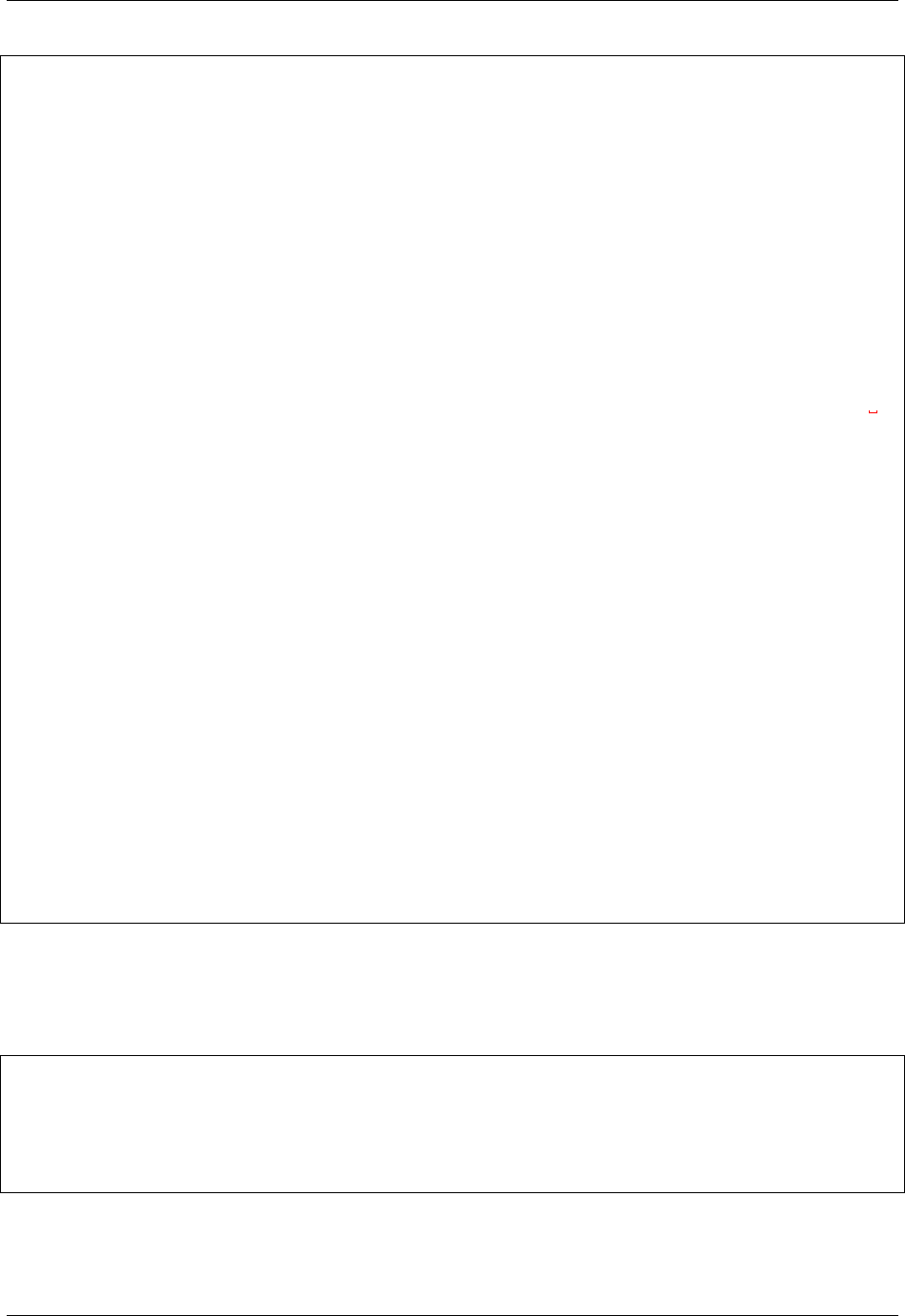
GeoServer User Manual, Release 2.15.1
*/
public interface AuthenticationKeyMapper extends BeanNameAware {
/**
*Maps the key provided in the request to the {@link GeoServerUser} object
*of the corresponding user, or returns null
*if no corresponding user is found
*
*Returns <code>null</code> if the user is disabled
*
*@param key
*@return
*/
GeoServerUser getUser(String key)throws IOException;
/**
*Assures that each user in the corresponding {@link GeoServerUserGroupService}
,→has
*an authentication key.
*
*returns the number of added authentication keys
*
*@throws IOException
*/
int synchronize() throws IOException;
/**
*Returns <code>true</code> it the mapper can deal with read only u
*user/group services
*
*@return
*/
boolean supportsReadOnlyUserGroupService();
String getBeanName();
void setUserGroupServiceName(String serviceName);
String getUserGroupServiceName();
public GeoServerSecurityManager getSecurityManager();
public void setSecurityManager(GeoServerSecurityManager securityManager);
}
The mapper would have to be registered in the Spring application context in a applicationContext.
xml file in the root of your jar. Example for an implementation named com.mycompany.security.
SuperpowersMapper:
<?xml version="1.0" encoding="UTF-8"?>
<!DOCTYPE beans PUBLIC "-//SPRING//DTD BEAN//EN" "http://www.springframework.org/dtd/
,→spring-beans.dtd">
<beans>
<bean id="superpowersMapper" class="com.mycompany.security.SuperpowersMapper"/>
</beans>
At this point you can drop the authkey jar along with your custom mapper jar and use it in the adminis-
trator GUI of the authentication key filter.
16.1. Key authentication module 1713

GeoServer User Manual, Release 2.15.1
16.2 Authentication with OAuth2
This tutorial introduces GeoServer OAuth2 support and walks through the process of setting up authenti-
cation aganist an OAuth2 provider. It is recommended that the Authentication chain section be read before
proceeding.
16.2.1 OAuth2 Protocol and GeoServer OAuth2 core module
This module allows GeoServer to authenticate against the OAuth2 Protocol.
In order to let the module work, it’s mandatory to setup and configure both oauth2 and
oauth2-xxxx-extension.
The first one contains the necessary dependencies of the OAuth2 core module. This module contains the
implementation of the GeoServer security filter, the base classes for the OAuth2 Token services and the
GeoServer GUI panel.
Since in almost all cases the only thing different between OAuth2 Providers are the endpoint URIs and the
client connection information (not only the keys - public and secret - but also the user profile representa-
tions), in order to allow GeoServer connecting to a specific OAuth2 provider it is sufficient to install the
OAuth2 Core module plugin (and correctly configure the parameters through the GeoServer GUI - see next
section for the details) and the concrete implementation of the OAuth2 REST token template and resource
details.
Currently this module is shipped with a sample extension for Google OAuth2 Provider. This is a par-
ticular case since the Google JWT response is not standard and therefore we had to define and in-
ject also a GoogleUserAuthenticationConverter taking the Google REST response against a valid
access_token and converting it to a OAuth2 standard one.
Other than this the most interesting part is the implementation of the base class
GeoServerOAuth2SecurityConfiguration.
The latter contains the Google implementation of the OAuth2RestTemplate.
In the next section we will see how to install and configure the OAuth2 security filter on GeoServer authen-
ticating against Google OAuth2 Provider.
16.2.2 Configure the Google authentication provider
The first thing to do is to configure the OAuth2 Provider and obtain Client ID and Client Sectet
keys.
1. Obtain OAuth 2.0 credentials from the Google API Console.
Visit the Google API Console to obtain OAuth 2.0 credentials such as a client ID and client secret
that are known to both Google and your application. The set of values varies based on what type of
application you are building. For example, a JavaScript application does not require a secret, but a
web server application does.
• Login with a valid Google Account
• Click on API Manager
• Click on Credentials
1714 Chapter 16. Community modules
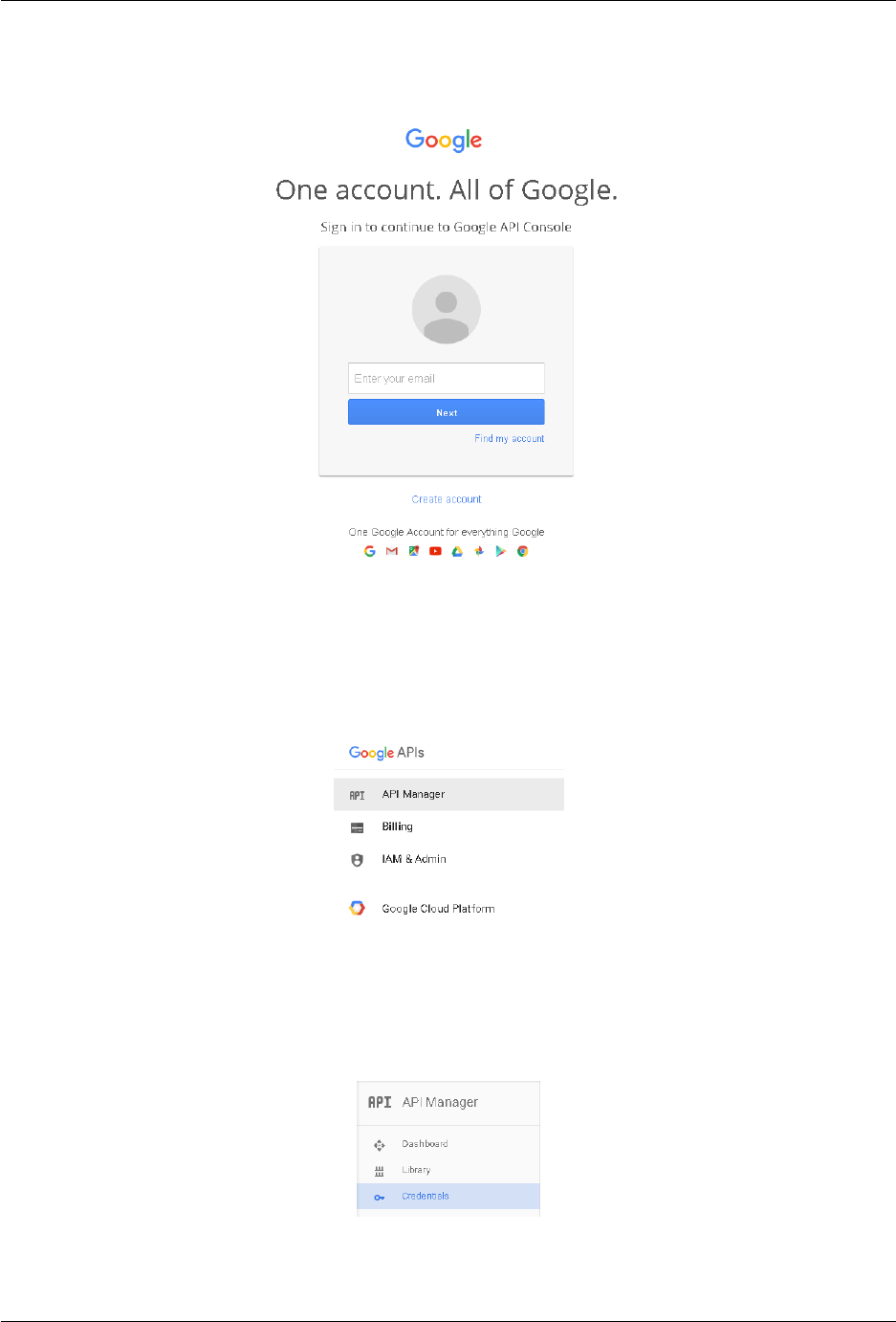
GeoServer User Manual, Release 2.15.1
16.2. Authentication with OAuth2 1715
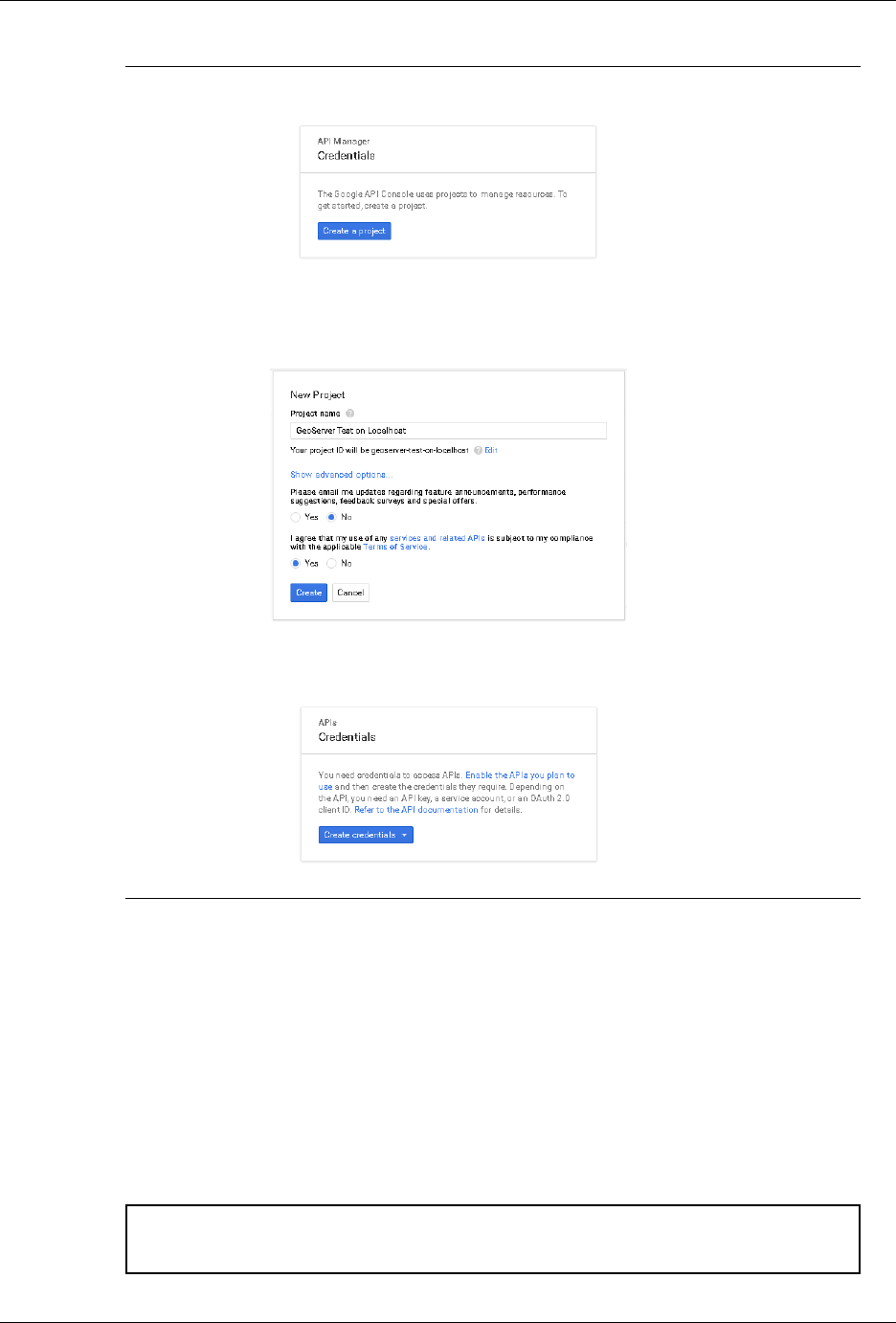
GeoServer User Manual, Release 2.15.1
Note: The first time you land here, Google will ask to create at least one project
For the purpose of this tutorial we will create a sample project. You are free to create
other projects or update existing ones through the Google API Console later.
If no Credentials are present, you will be asked to create new one.
2. Select an existing (or create a new one) OAuth Client ID
Click on the Client credentials context menu as shown in the figure below.
3. Configure a new Web application
• If it is the first time you create a OAuth Client ID, you will be asked to create a new consent
screen
• Customize the consent screen
Warning: This step is mandatory only if it’s the first time you are defining a Web
application on a new project.
1716 Chapter 16. Community modules
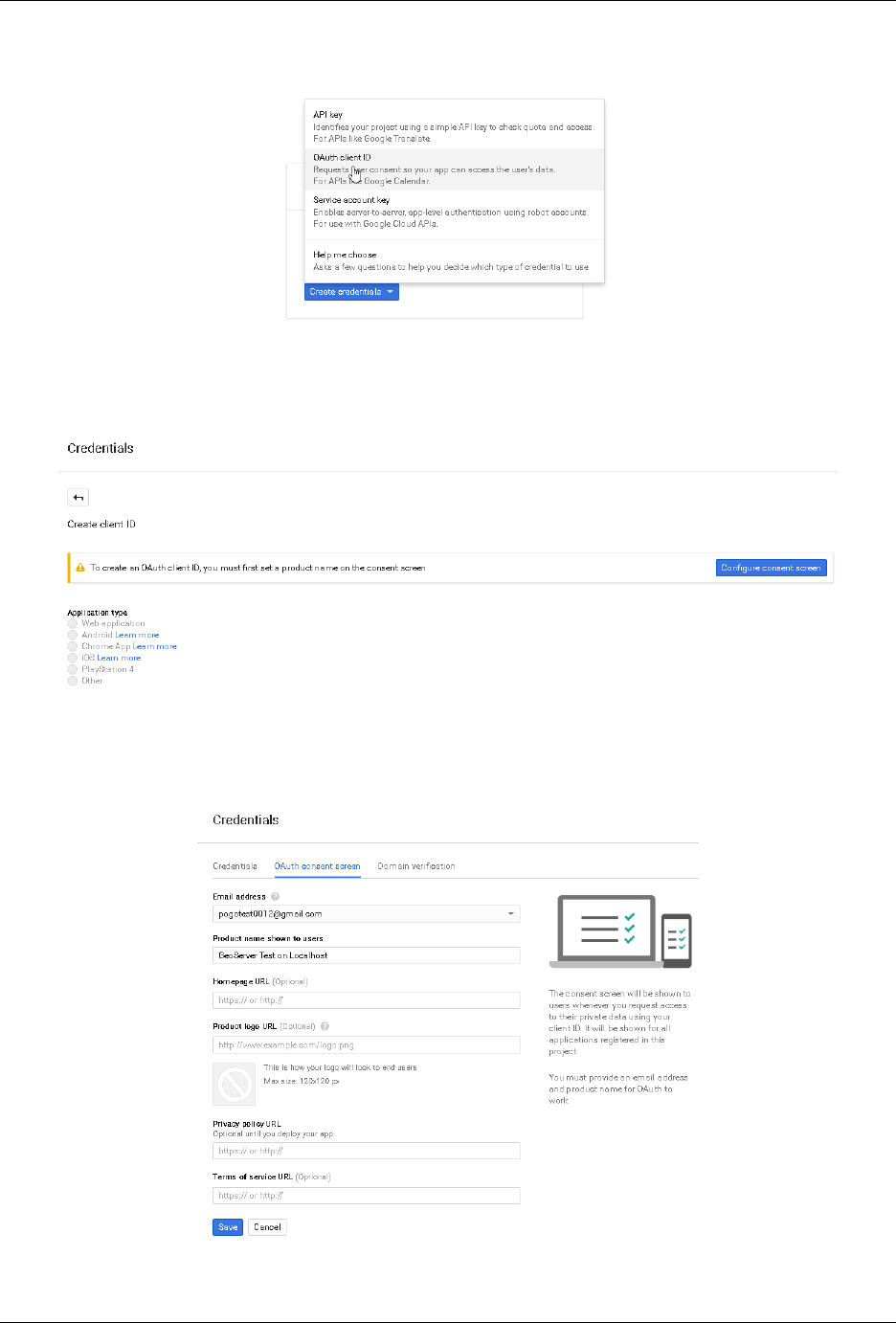
GeoServer User Manual, Release 2.15.1
16.2. Authentication with OAuth2 1717
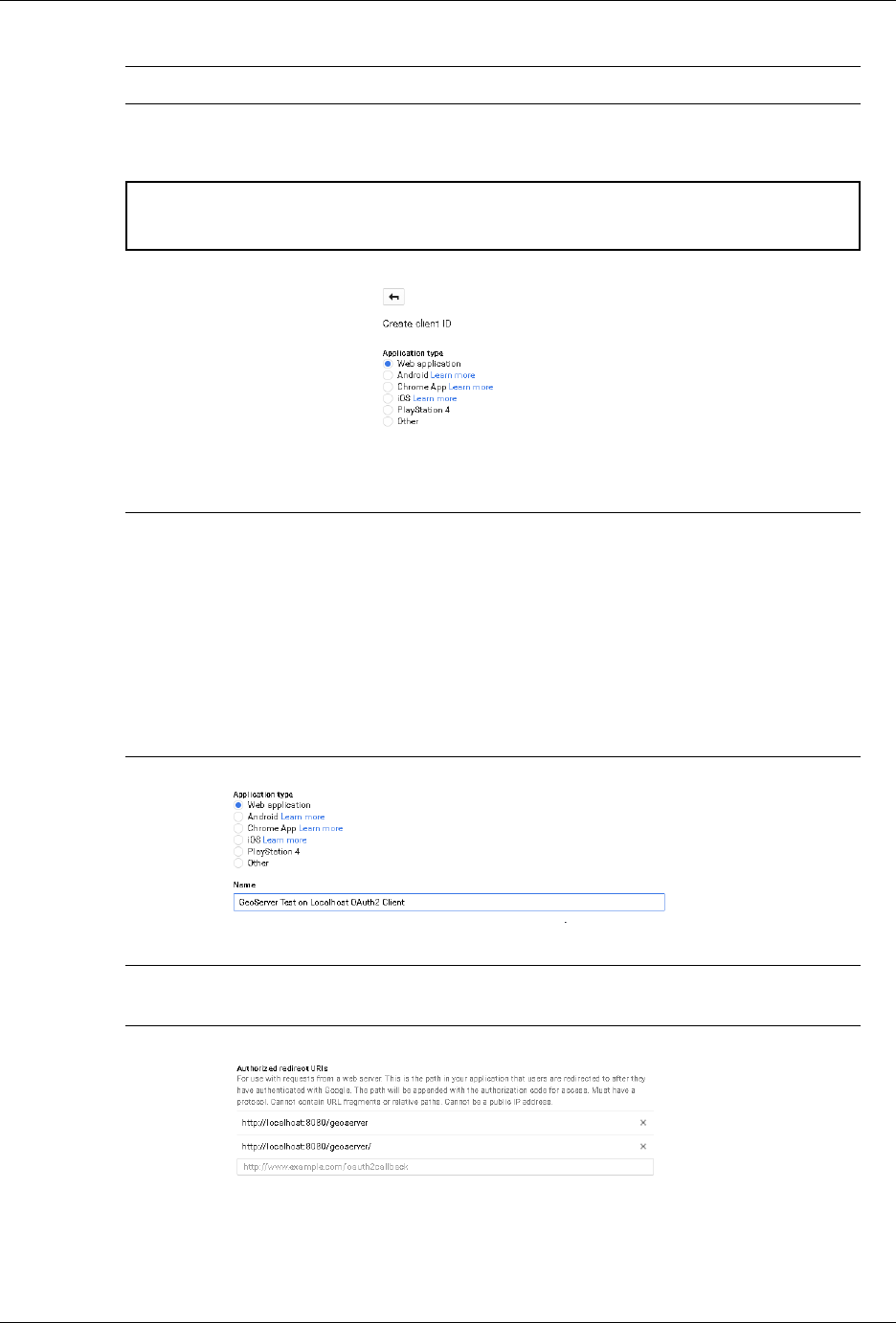
GeoServer User Manual, Release 2.15.1
Note: It can be edited and updated also later (see last point of this section below)
• Select Application type -> Web application
Warning: This step is mandatory only if it’s the first time you are defining a Web
application on a new project.
• Add a Name and the Authorized redirect URIs like shown here below.
Note: This sample creates a client working on the default local URL http://
localhost:8080/geoserver. Of course this will work only on a local instance and
can’t be used for a production system.
However it is possible to add as many Authorized redirect URIs you need to a
new Web application.
It is also possible create many Client credentials with customised consent
screen and Web application, depending on your specific needs. Every public
GeoServer instance (or cluster of GeoServer belonging to a specific project) should have
it’s own specific Client credentials.
Note: Always add two entries for each URI. One without the ending /and another one
with it.
4. Click on Create and take note of the Client ID and the Client Sectet.
At the end of the procedure Google will show-up a small dialog box with the Client ID and the
Client Sectet. Those info can be always accessed and updated from the Google API Console
1718 Chapter 16. Community modules
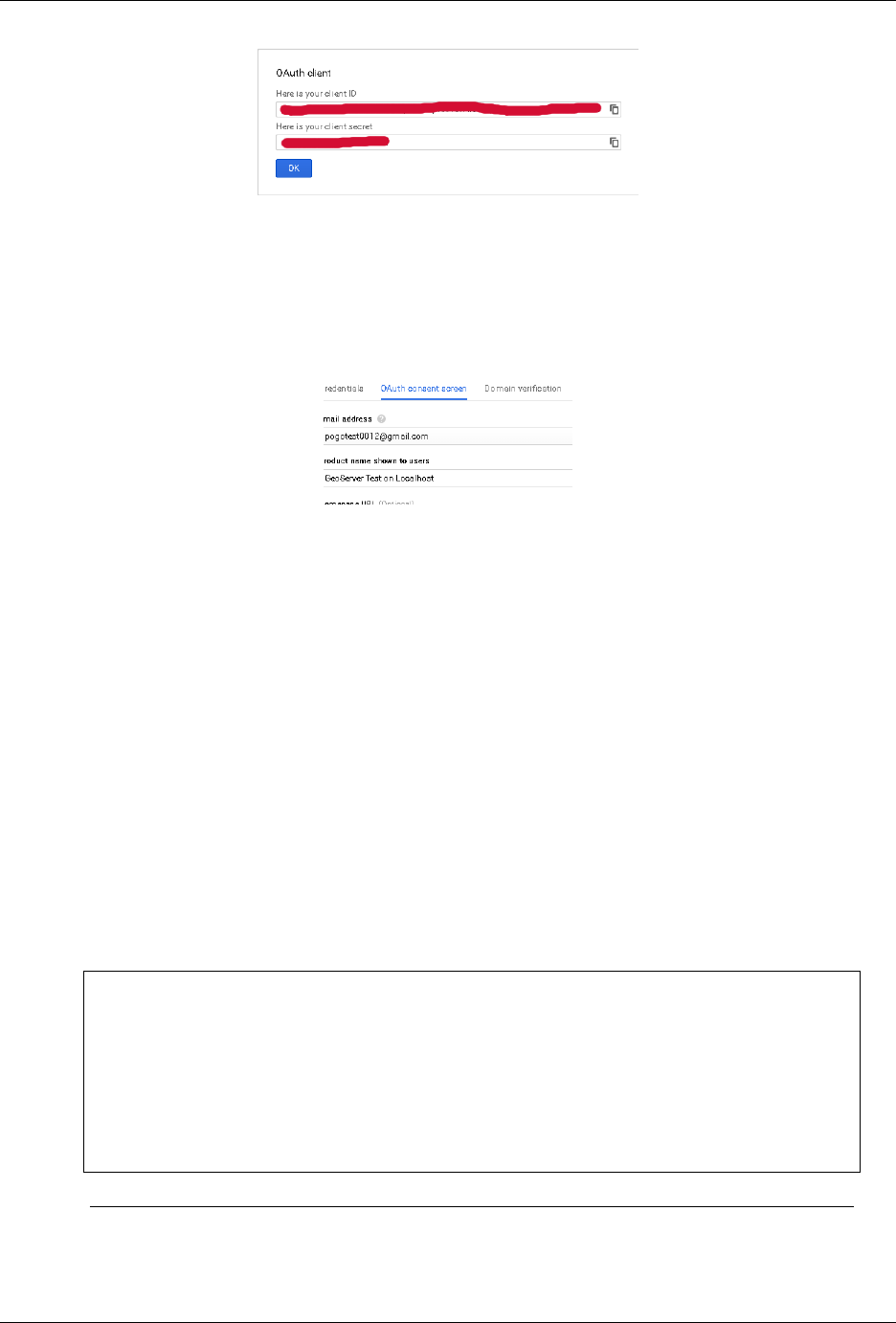
GeoServer User Manual, Release 2.15.1
5. Optionally customize the OAuth consent screen.
At any time it is possible to update and customize the OAuth consent screen. You can put here
your logo, app name, ToS and so on.
16.2.3 Configure the GeoServer OAuth2 filter
1. Start GeoServer and login to the web admin interface as the admin user.
2. Click the Authentication link located under the Security section of the navigation sidebar.
3. Scroll down to the Authentication Filters panel and click the Add new link.
4. Click the OAuth2 link.
5. Fill in the fields of the settings form as follows:
The default values provided with the plugin are valid for the Google OAuth2 Provider and
are the following one:
"Enable Redirect Authentication EntryPoint" =False
"Access Token URI" =https://accounts.google.com/o/oauth2/token
"User Authorization URI" =https://accounts.google.com/o/oauth2/auth
"Redirect URI" =http://localhost:8080/geoserver
"Check Token Endpoint URL" =https://www.googleapis.com/oauth2/v1/
,→tokeninfo
"Logout URI" =https://accounts.google.com/logout
"Scopes" =https://www.googleapis.com/auth/userinfo.email,https://www.
,→googleapis.com/auth/userinfo.profile
Note:
(a) Client ID and Client Secret are the ones Google provided
16.2. Authentication with OAuth2 1719
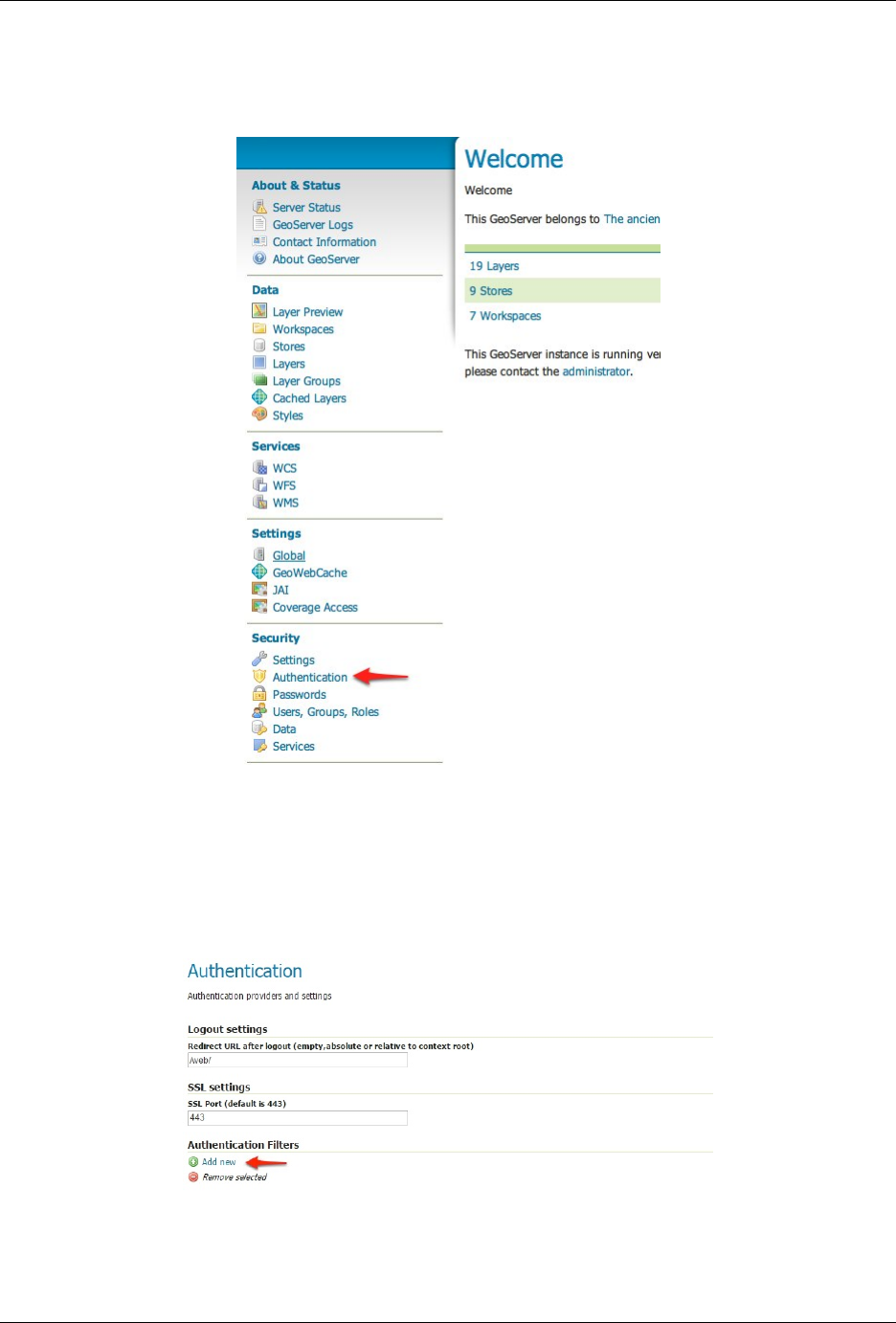
GeoServer User Manual, Release 2.15.1
1720 Chapter 16. Community modules
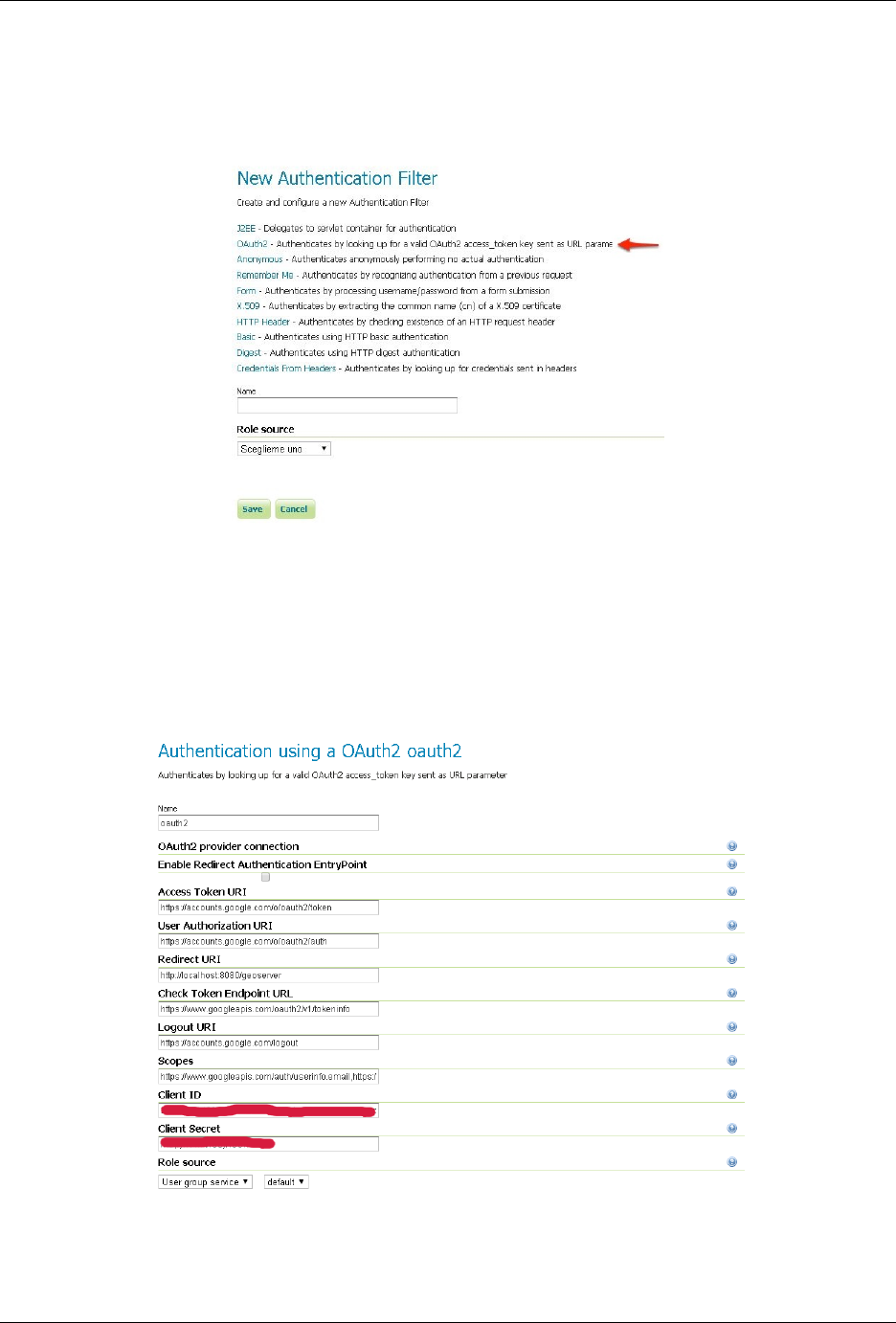
GeoServer User Manual, Release 2.15.1
16.2. Authentication with OAuth2 1721
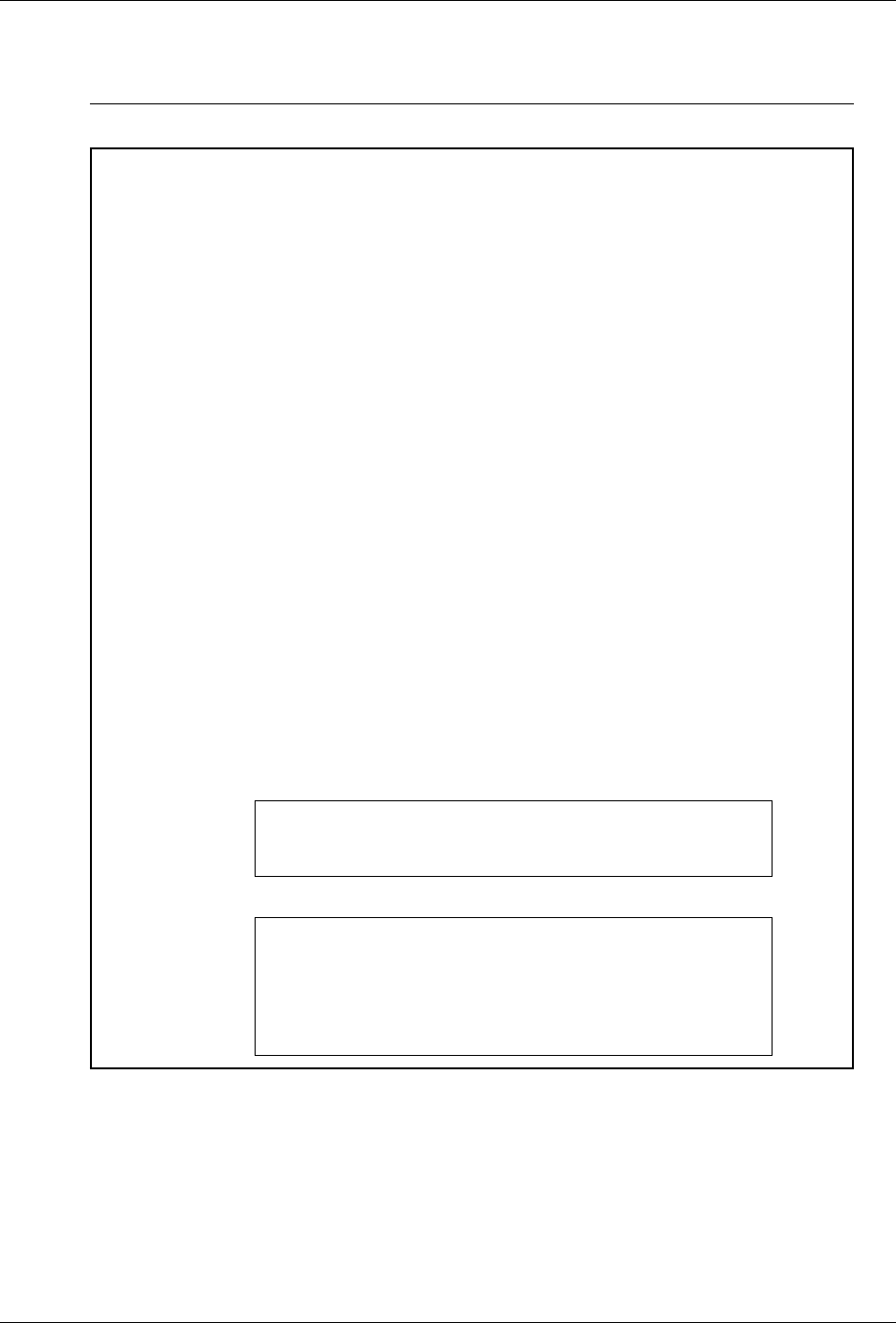
GeoServer User Manual, Release 2.15.1
(b) Choose a Role Service able to recognize user emails as IDs. By default a connected
user will have ROLE_USER role
Warning: Few workds on Enable Redirect Authentication EntryPoint option
This option allows you to decide whether or not force automatic redirection to OAuth2
Access Token URI or not for authentication.
What does that means?
•Enable Redirect Authentication EntryPoint = True
If not already authenticated (or no valid Access Token is provided in the
query string), this option will force a redirection to the OAuth2 Provider
Login page.
This may cause unwanted behavior since it will override every other
esplicit login method like form. In other words if the filter is applied
for instance to the web endpoint, it won’t be possible to access to the
GeoServer Admin GUI using the standard login method via browser.
•Enable Redirect Authentication EntryPoint = False
In order to avoid the above issue, by disabling this option you will
be forced to use an esplicit Authentication Endpoint to login via the
OAuth2 Provider login page.
If not already authenticated (or no valid Access Token is provided in the
query string), you must authenticate through the following URLs:
(a) GeoServer OAuth2 Authorization Endpoint;http://<host:port>/
geoserver/j_spring_outh2_login
(b) OAuth2 Provider Esplicit User Authorization Endpoint; this must be
adapted for your specific OAuth2 Provider, the protocol stated that
it should be
https://<USER_AUTHORIZATION_URI>?scope=<SCOPES>&
,→response_type=code&redirect_uri=<REDIRECT_URI>&
,→client_id=<CLIENT_ID>
For google OAuth2 Provider is:
https://accounts.google.com/o/oauth2/auth?scope
,→%3Dhttps://www.googleapis.com/auth/userinfo.
,→email%2Bhttps://www.googleapis.com/auth/
,→userinfo.profile%26response_type%3Dcode
,→%26redirect_uri%3D<REDIRECT_URI>%26client_id%3D
,→<CLIENT_ID>
6. Update the filter chains by adding the new OAuth2 filter.
Once everything has been configured you should be able to see the new oauth2 filter available among
the Authentication Filters list
Through this it will be always possible to modify / update the filter options, or create more of them.
The next step is to add the filter to the Filter Chains you want to protect with OAuth2 also
7. Select the OAuth2 Filter for each filter chain you want to protect with OAuth2.
1722 Chapter 16. Community modules
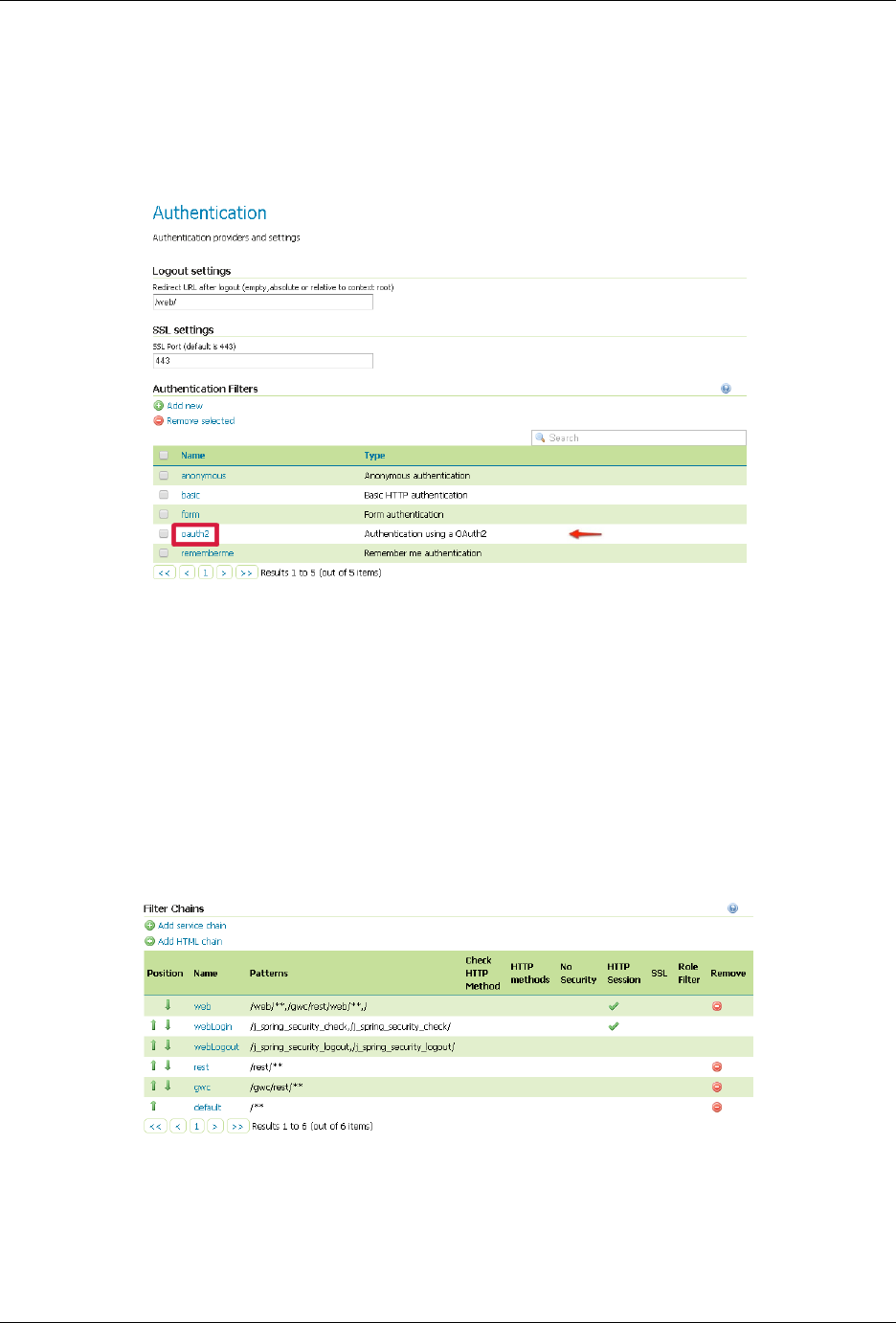
GeoServer User Manual, Release 2.15.1
16.2. Authentication with OAuth2 1723
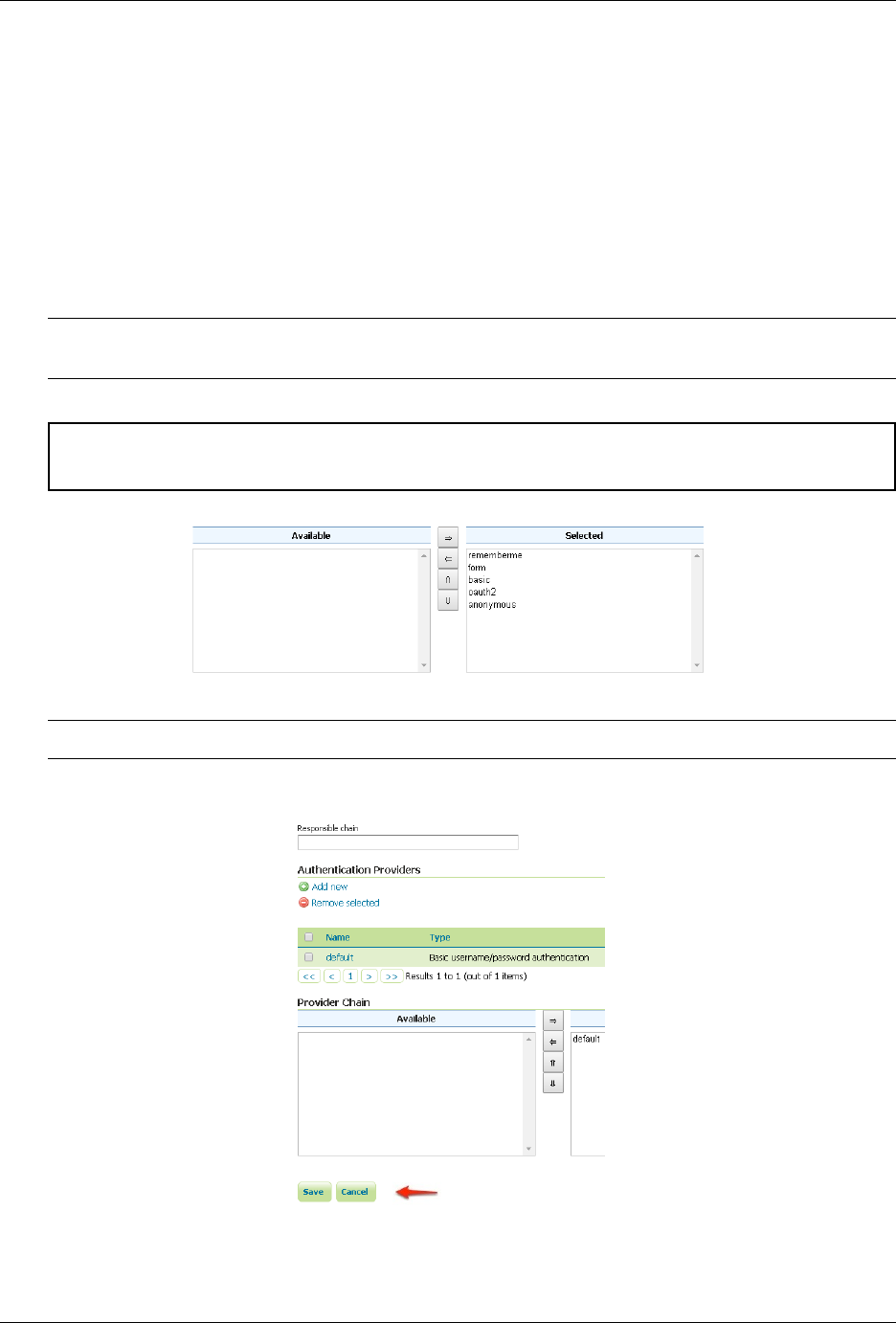
GeoServer User Manual, Release 2.15.1
If you need to protect all the GeoServer services and the GeoServer Admin GUI too with OAuth2,
you need to add the oauth2 filter to all the following chains
•web
•rest
•gwc
•default
The order of the authentication filters depends basically on which method you would like GeoServer
try first.
Note: During the authtentication process, the authentication filters of a Filter Chain are executed
serially until one succeed (for more details please see the section Authentication chain)
Warning: If Enable Redirect Authentication EntryPoint =True for OAuth2 Filter, the web chain won’t
be able to login through the form method.
Note: Remember that the anonymous filter must be always the last one.
8. Save.
It’s now possible to test the authentication:
1724 Chapter 16. Community modules
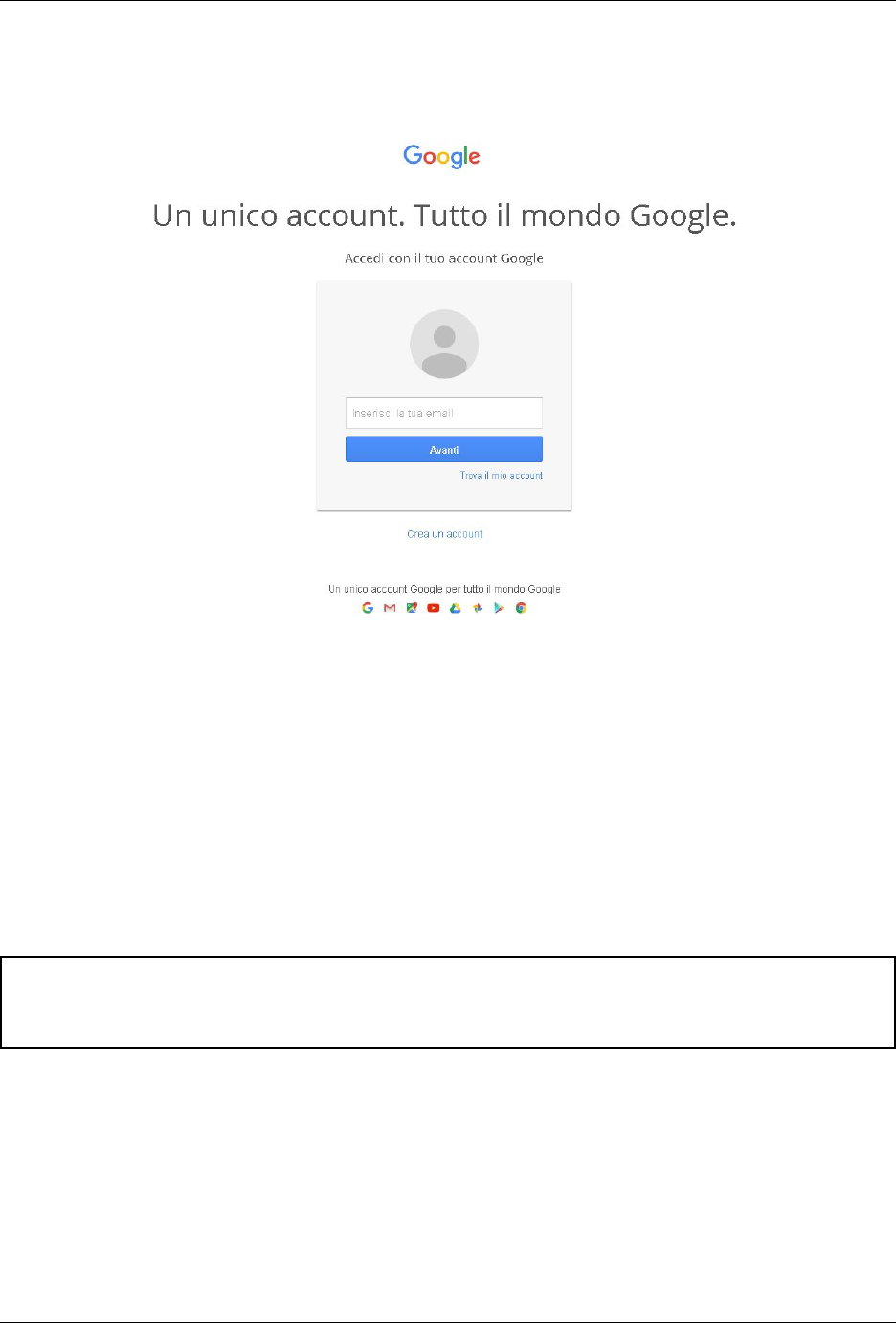
GeoServer User Manual, Release 2.15.1
1. Navigate to the GeoServer home page and log out of the admin account.
2. Try to login again, you should be able now to see the external Google login form.
16.2.4 OpenID connect authentication
The OpenID connect authentication is working in a way quite similar to Google (and GitHub) authenti-
cations, the only difference is that the authentication page cannot propose default values for the various
endpoints, which have to be configured manually.
In case the web login will not be used, the “client ID” and “client secret” are not actually needed, and
can be filled with two made up values (the validation just checks they are present, but they will be used
only in the “authorisation flow”, but not when doing OGC requests where the client is supposed to have
autonomously retrieved a valid bearer token).
Warning: The oauth2-openid-connect does not implement the full protocol and has been tested against
a single server, more development and testing is needed before it can be consumed by a wider audience.
Pull requests to improve the module are welcomed.
16.2.5 SSL Trusted Certificates
When using a custom Keystore or trying to access a non-trusted or self-signed SSL-protected OAuth2
Provider from a non-SSH connection, you will need to add the certificated to the JVM Keystore.
In order to do this you can follow the next steps:
In this example we are going to
1. Retrieve SSL Certificates from Google domains:
16.2. Authentication with OAuth2 1725
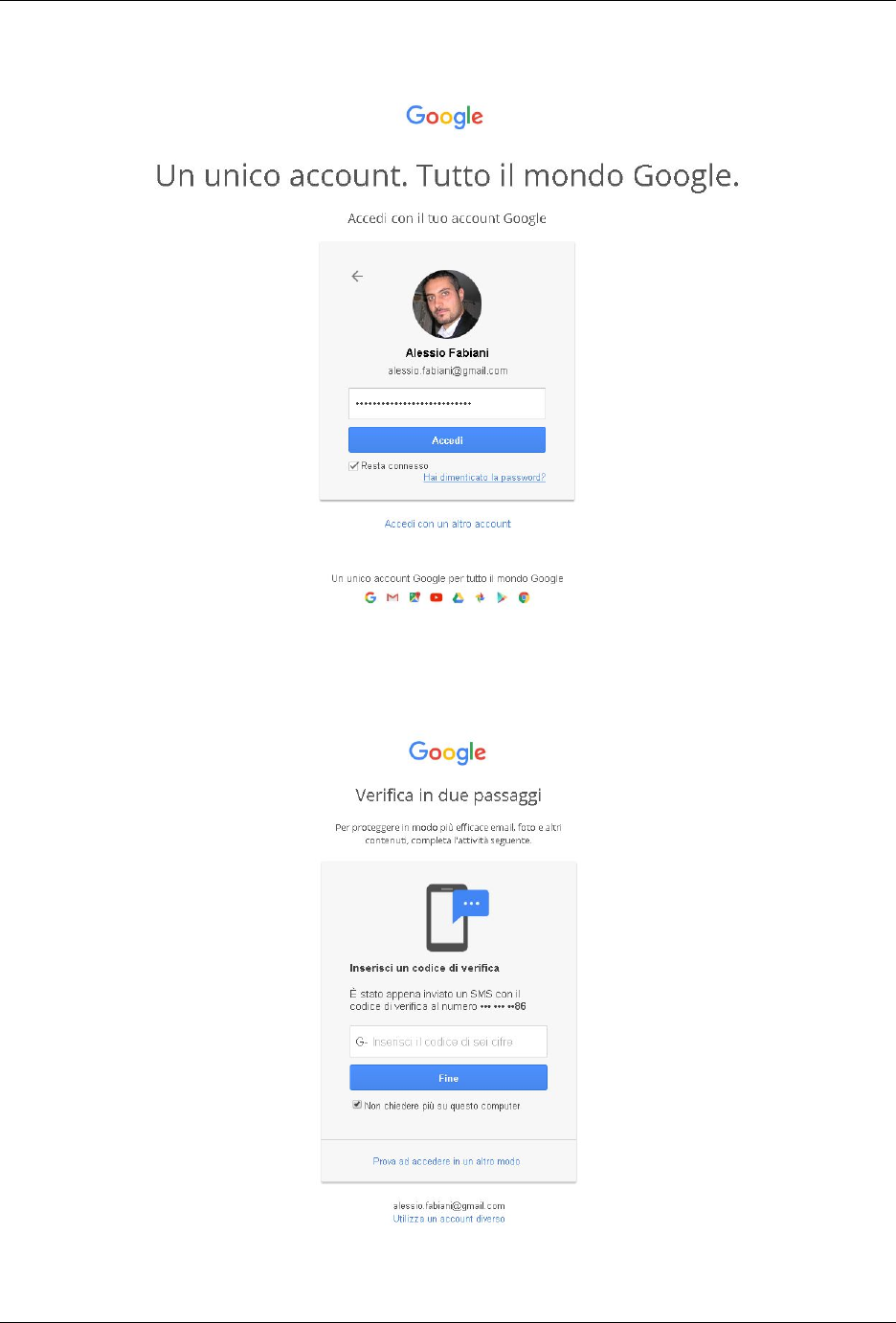
GeoServer User Manual, Release 2.15.1
1726 Chapter 16. Community modules
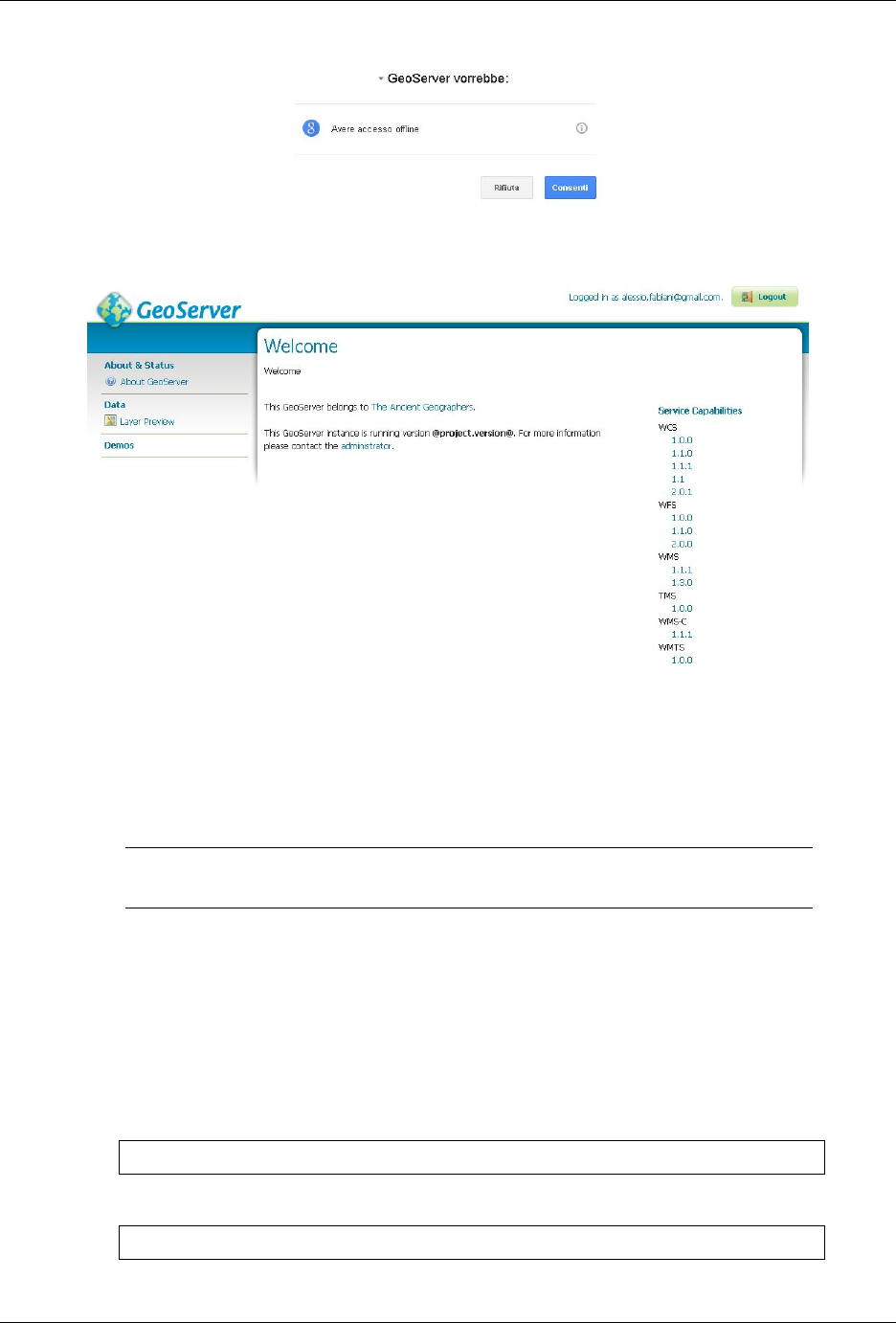
GeoServer User Manual, Release 2.15.1
“Access Token URI” = https://accounts.google.com/o/oauth2/token therefore
we need to trust https://accounts.google.com or (accounts.google.
com:443) “Check Token Endpoint URL” = https://www.googleapis.com/
oauth2/v1/tokeninfo therefore we need to trust https://www.googleapis.
com or (www.googleapis.com:443)
Note: You will need to get and trust certificated from every different HTTPS URL
used on OAuth2 Endpoints.
2. Store SSL Certificates on local hard-disk
3. Add SSL Certificates to the Java Keystore
4. Enable the JVM to check for SSL Certificates from the Keystore
1. Retrieve the SSL Certificates from Google domains
Use the openssl command in order to dump the certificate
For https://accounts.google.com
openssl s_client -connect accounts.google.com:443
And for https://www.googleapis.com
openssl s_client -connect www.googleapis.com:443
16.2. Authentication with OAuth2 1727
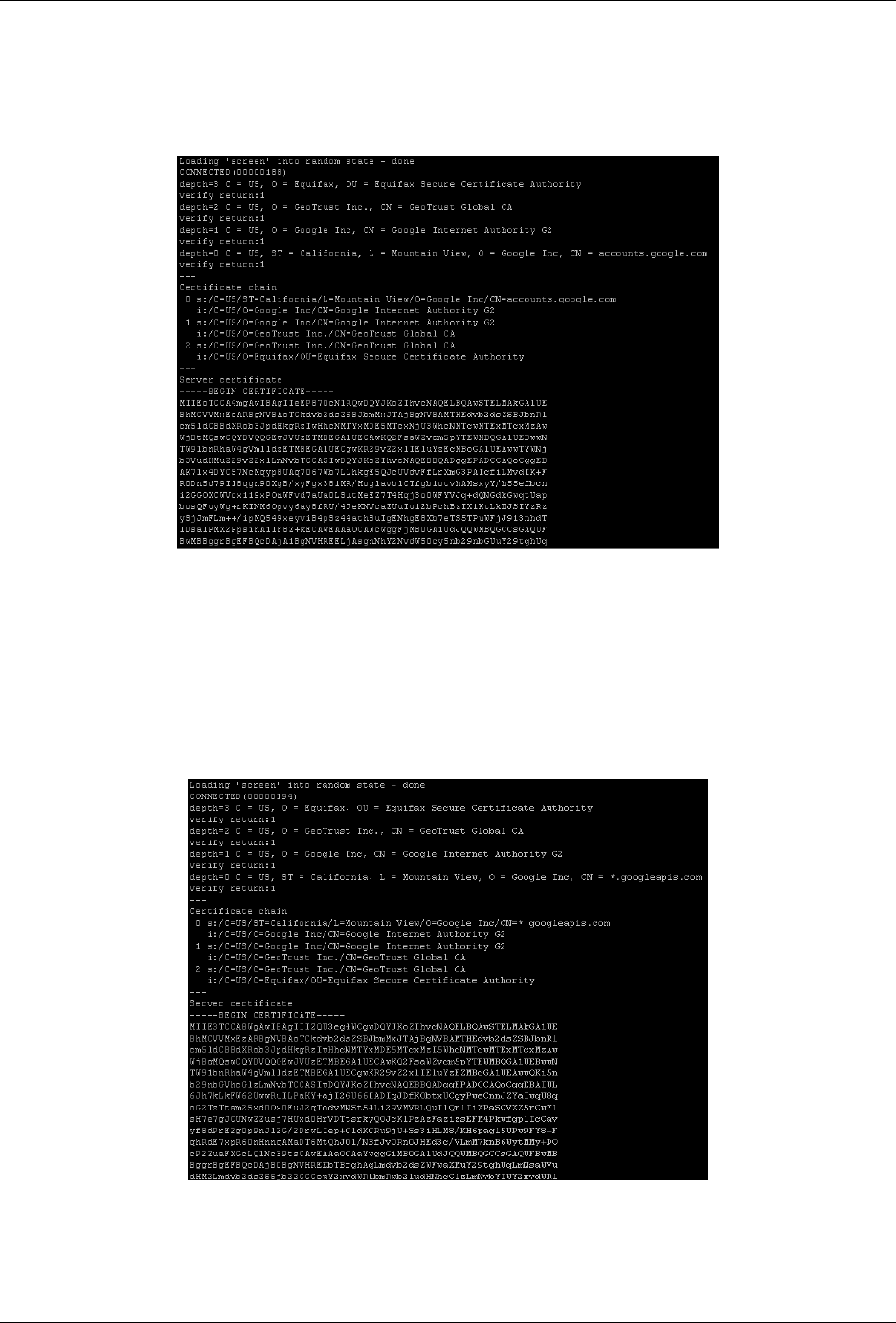
GeoServer User Manual, Release 2.15.1
1728 Chapter 16. Community modules
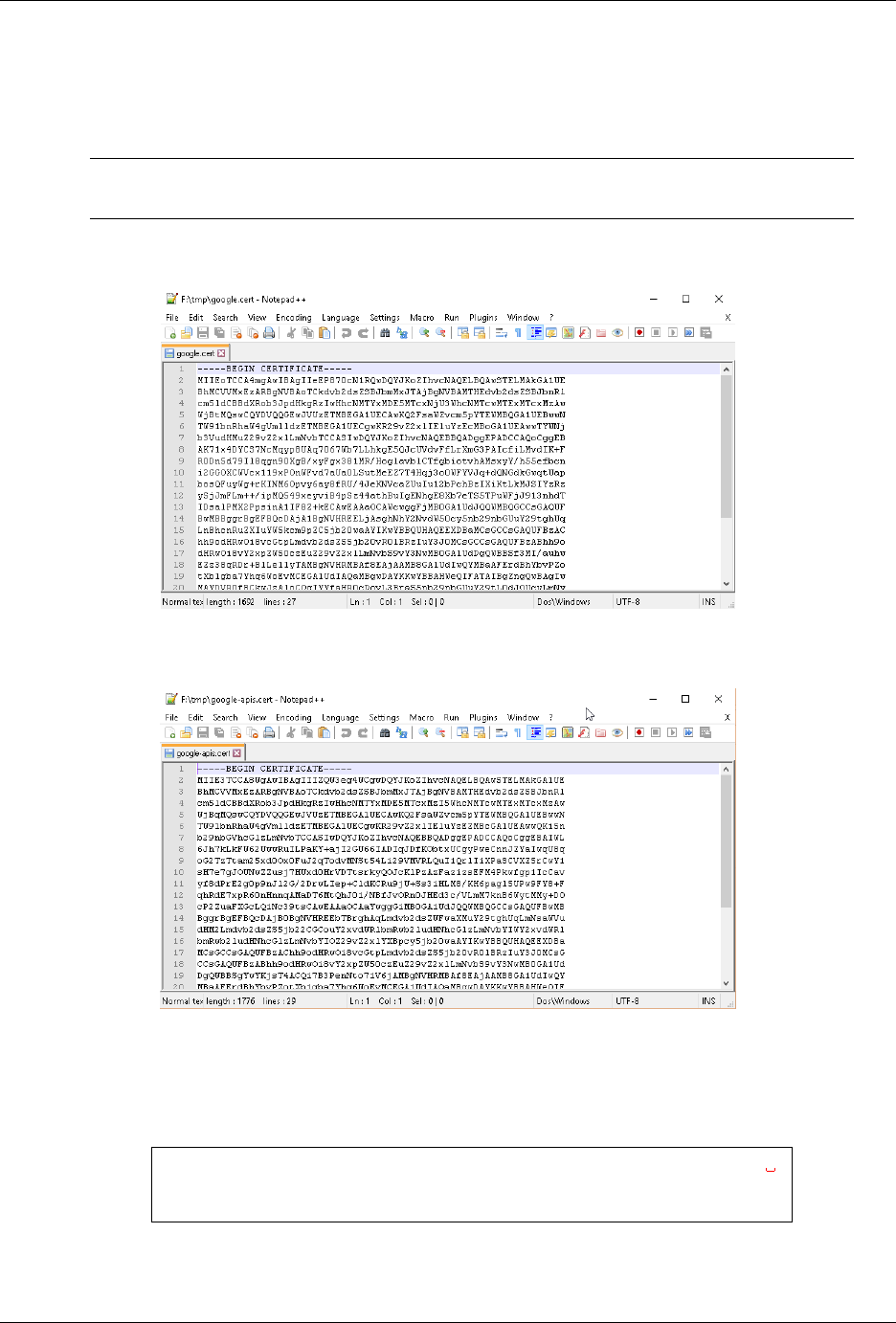
GeoServer User Manual, Release 2.15.1
2. Store SSL Certificates on local hard-disk
Copy-and-paste the two sections -BEGIN CERTIFICATE-,-END CERTIFICATE- and
save them into two different .cert files
Note: .cert file are plain text files containing the ASCII characters included on the
-BEGIN CERTIFICATE-,-END CERTIFICATE- sections
google.cert (or whatever name you want with .cert extension)
google-apis.cert (or whatever name you want with .cert extension)
3. Add SSL Certificates to the Java Keystore
You can use the Java command keytool like this
google.cert (or whatever name you want with .cert extension)
keytool -import -noprompt -trustcacerts -alias google -file
,→google.cert -keystore ${KEYSTOREFILE}-storepass $
,→{KEYSTOREPASS}
google-apis.cert (or whatever name you want with .cert extension)
16.2. Authentication with OAuth2 1729
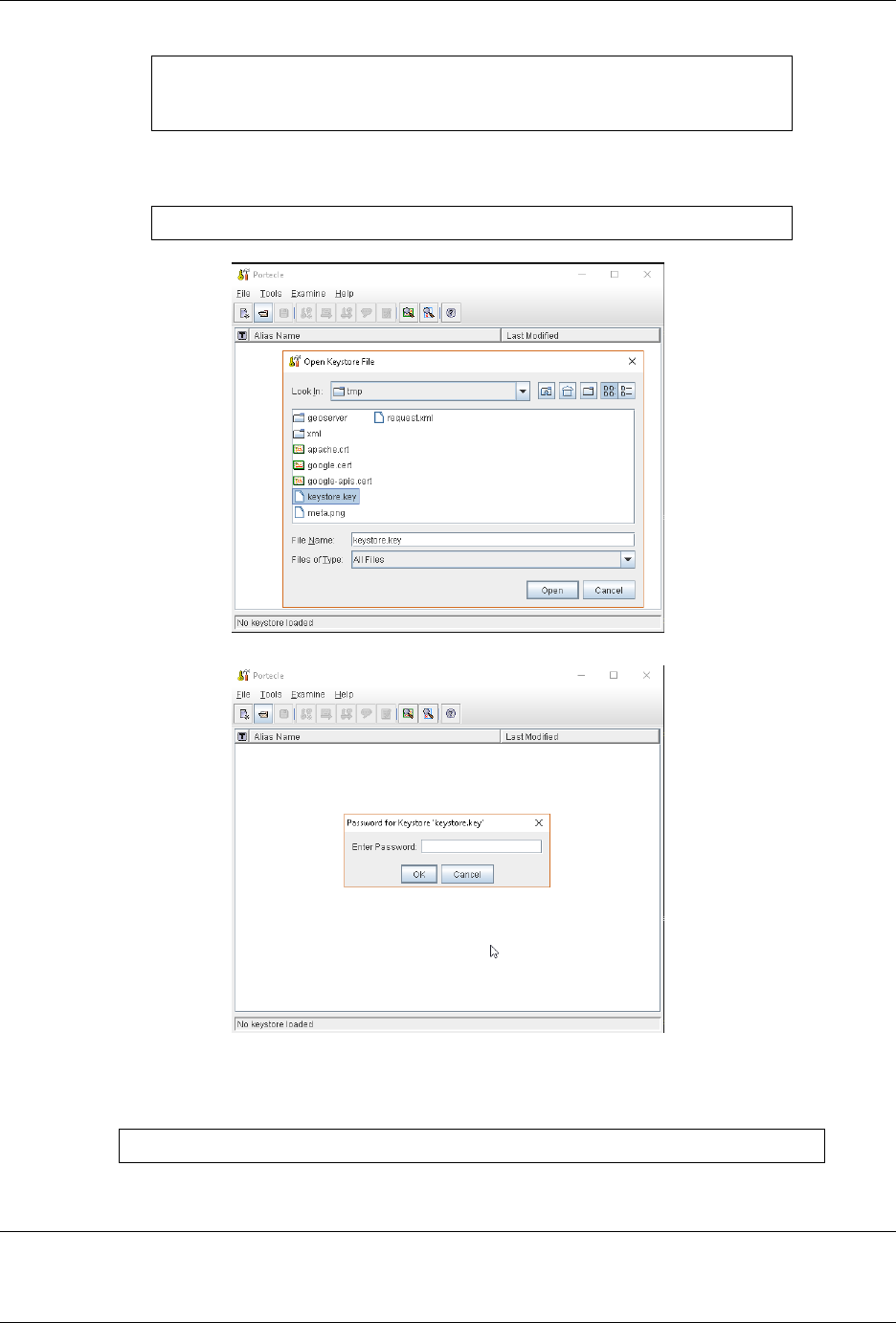
GeoServer User Manual, Release 2.15.1
keytool -import -noprompt -trustcacerts -alias google-apis -
,→file google-apis.cert -keystore ${KEYSTOREFILE}-
,→storepass ${KEYSTOREPASS}
or, alternatively, you can use some graphic tool which helps you managing the SSL Certifi-
cates and Keystores, like Portecle
java -jar c:\apps\portecle-1.9\portecle.jar
4. Enable the JVM to check for SSL Certificates from the Keystore
In order to do this, you need to pass a JAVA_OPTION to your JVM:
-Djavax.net.ssl.trustStore=F:\tmp\keystore.key
5. Restart your server
Note: Here below you can find a bash script which simplifies the Keystore SSL Certificates importing. Use
it at your conveninece.
1730 Chapter 16. Community modules
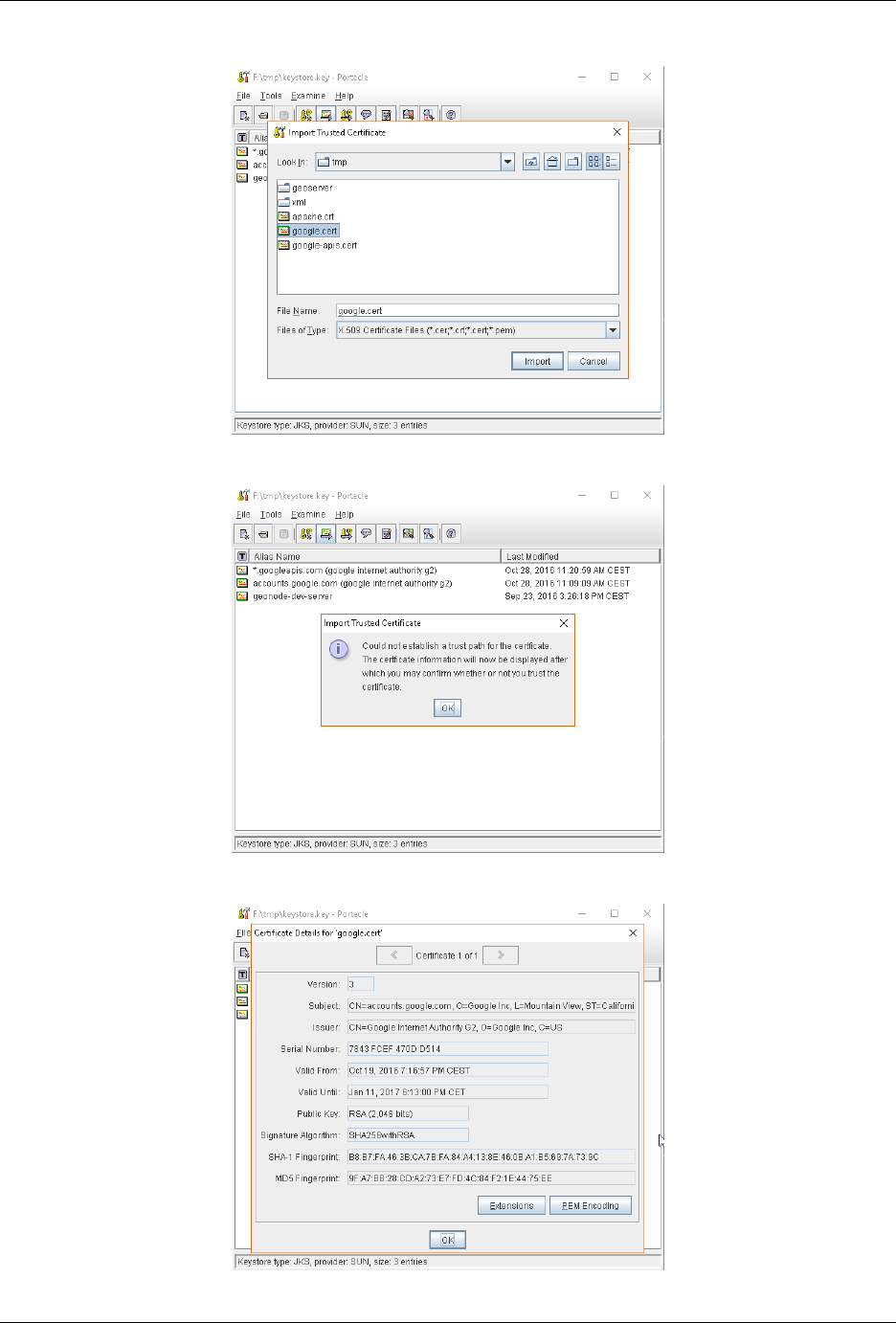
GeoServer User Manual, Release 2.15.1
16.2. Authentication with OAuth2 1731
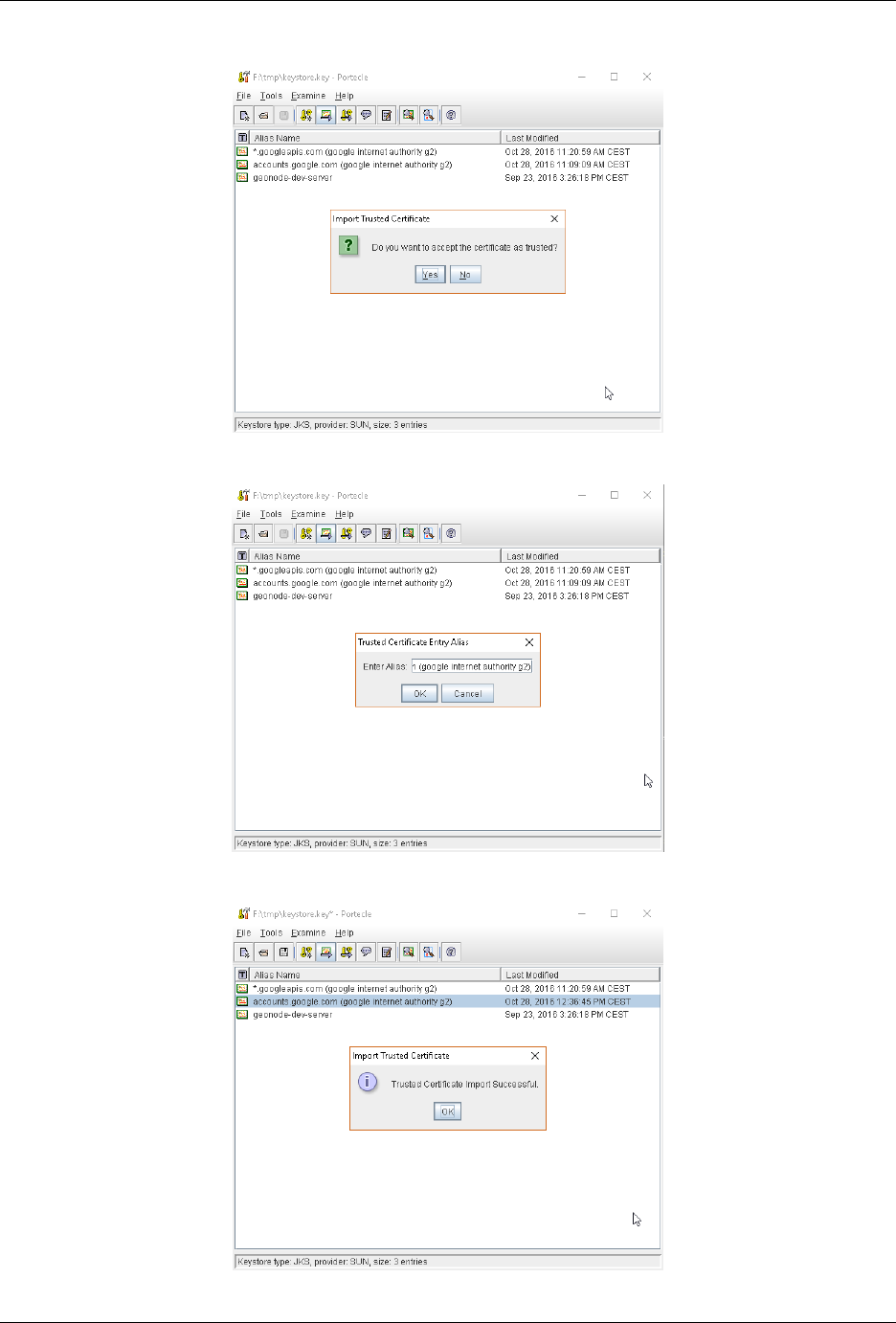
GeoServer User Manual, Release 2.15.1
1732 Chapter 16. Community modules
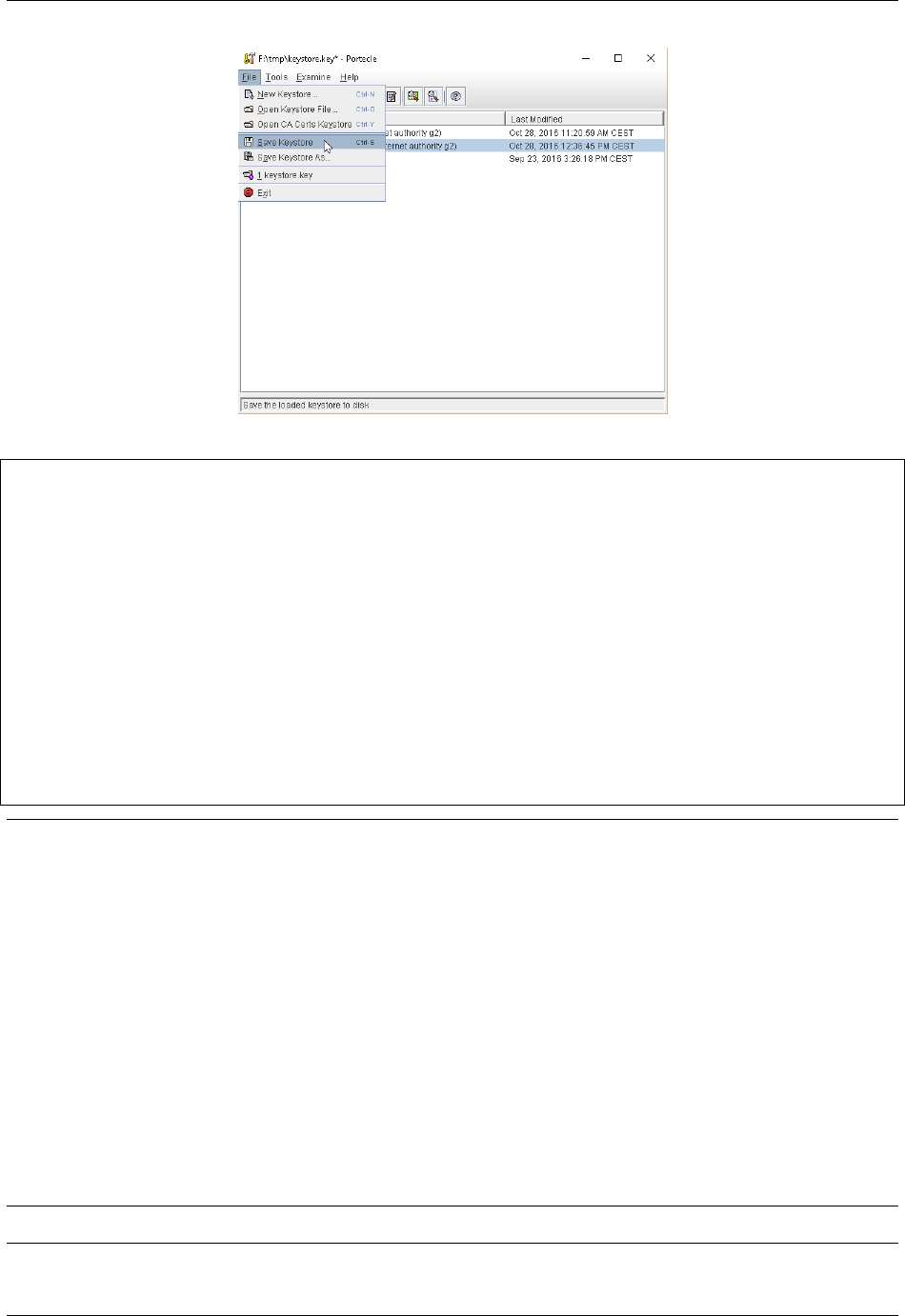
GeoServer User Manual, Release 2.15.1
HOST=myhost.example.com
PORT=443
KEYSTOREFILE=dest_keystore
KEYSTOREPASS=changeme
# get the SSL certificate
openssl s_client -connect ${HOST}:${PORT}</dev/null \
| sed -ne '/-BEGIN CERTIFICATE-/,/-END CERTIFICATE-/p' >${HOST}.cert
# create a keystore and import certificate
keytool -import -noprompt -trustcacerts \
-alias ${HOST}-file ${HOST}.cert \
-keystore ${KEYSTOREFILE}-storepass ${KEYSTOREPASS}
# verify we've got it.
keytool -list -v -keystore ${KEYSTOREFILE}-storepass ${KEYSTOREPASS}-alias ${HOST}
16.3 Authentication with Keycloak
This tutorial introduces GeoServer Keycloak support and walks through the process of setting up authenti-
cation aganist an Keycloak provider. It is recommended that the Authentication chain section be read before
proceeding.
The GeoServer Keycloak-authn/authz plugin will allow you to use an instance of Keycloak to control access
to resources within GeoServer.
16.3.1 Installtation Instructions
As the Keycloak Admin:
Note: In this example the Keycloak service runs on port 8080 while GeoServer runs on port 8181
16.3. Authentication with Keycloak 1733
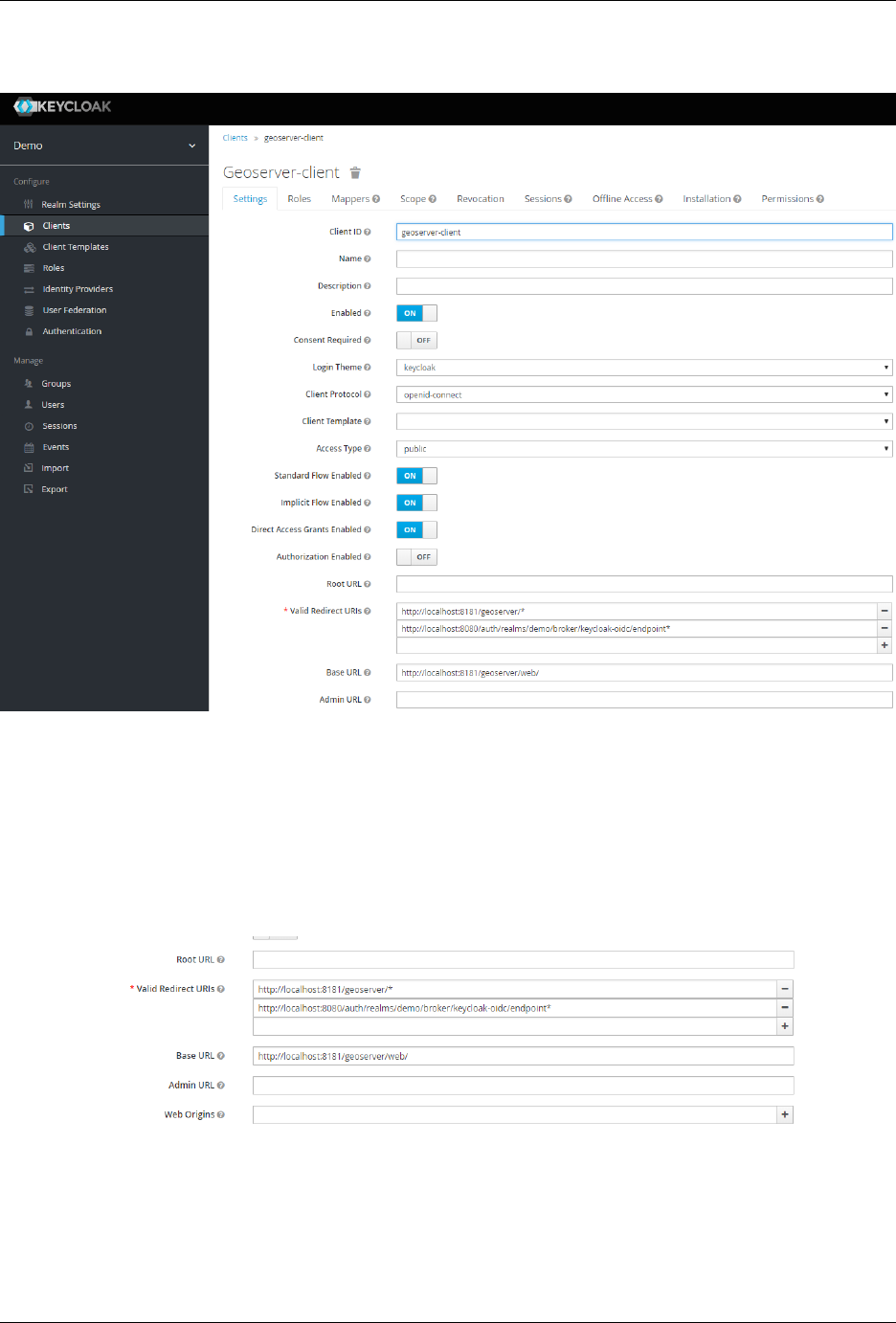
GeoServer User Manual, Release 2.15.1
1. Create a new client for GeoServer named geoserver-client.
2. Make sure to add the base URL of GeoServer to the list of acceptable redirect paths, and add also the
Keycloak OIDC endpoint base URI.
eg:
•http://localhost:8181/geoserver*
•http://localhost:8080/auth/realms/demo/broker/keycloak-oidc/endpoint*
2. Set the access-type of client as appropriate. If your GeoServer instance is depending on another service
for authentication (eg: NGINX auth plugin) then you should probably select bearer-only. Otherwise,
you should probably select public.
3. Add the the ADMINISTRATOR and AUTHENTICATED client-role to the geoserver-client in Keycloak.
1734 Chapter 16. Community modules
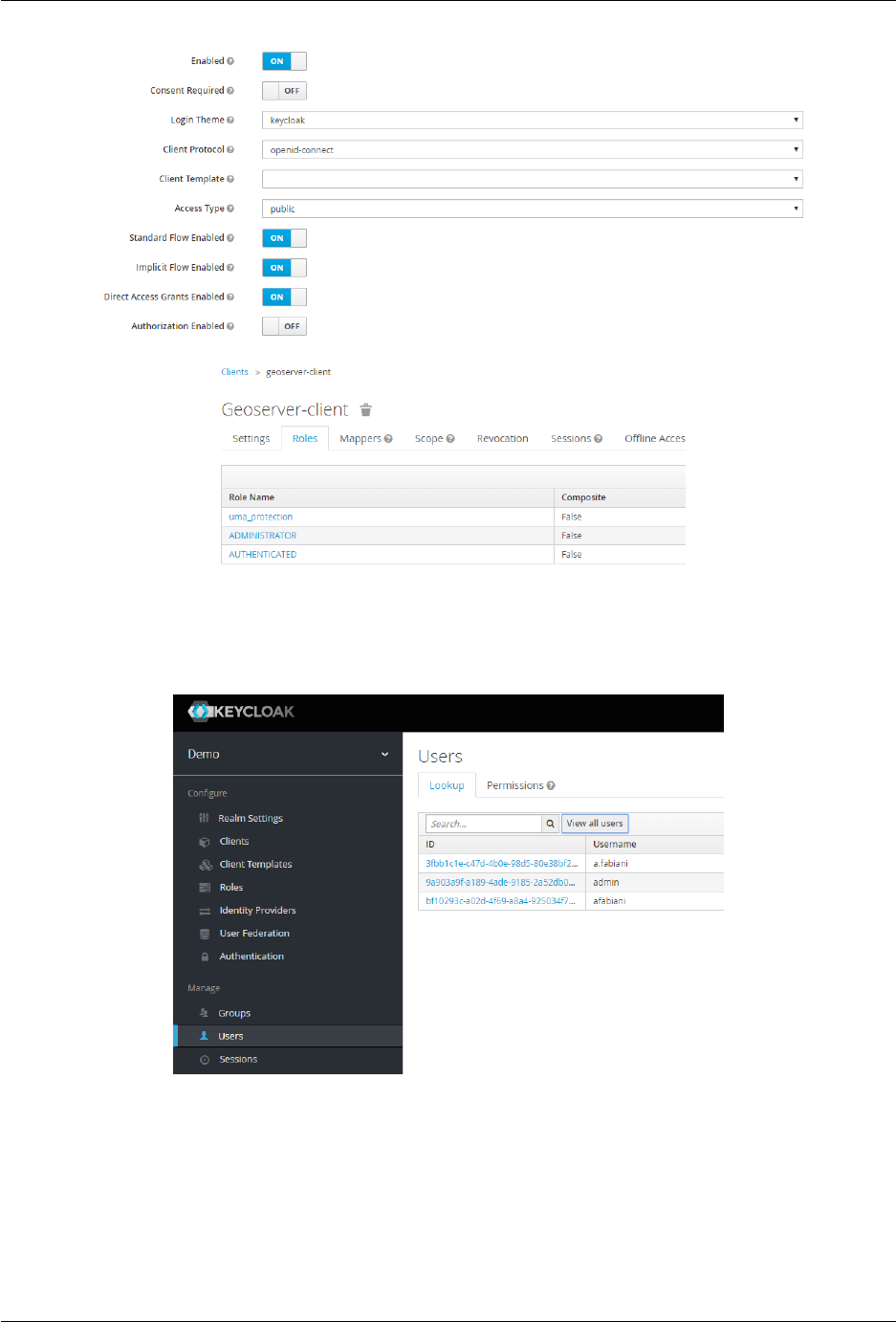
GeoServer User Manual, Release 2.15.1
In this phase you will need to map GeoServer Roles to the geoserver-client ones in Keycloak.
Use the AUTHENTICATED one for generic users. Assign this role ADMINISTRATOR to the
users/groups who should have administrative access to GeoServer.
4. Obtain the installation-configuration for the geoserver-client in JSON, and provide this to the GeoServer
Admin for the next steps.
16.3. Authentication with Keycloak 1735
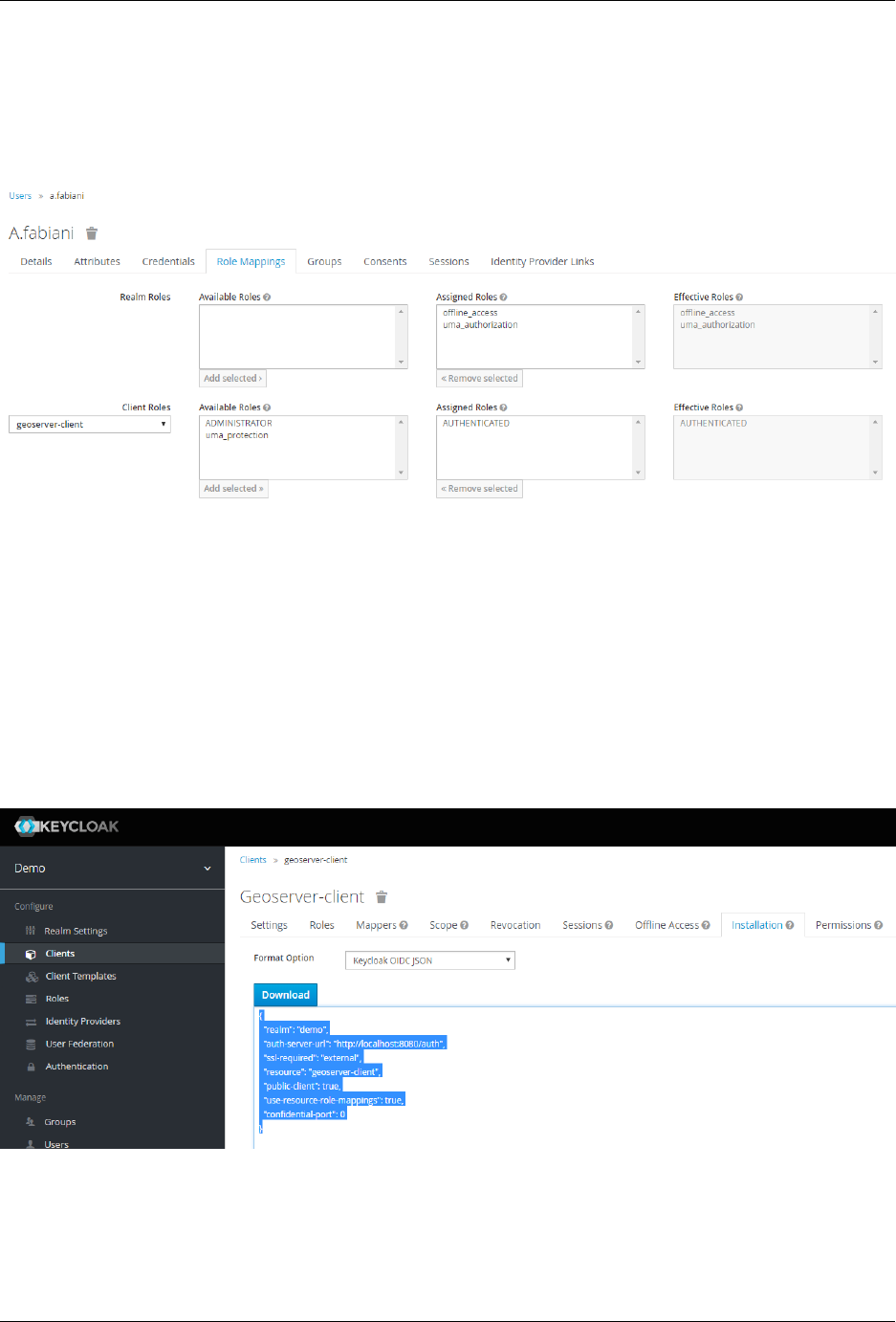
GeoServer User Manual, Release 2.15.1
1736 Chapter 16. Community modules
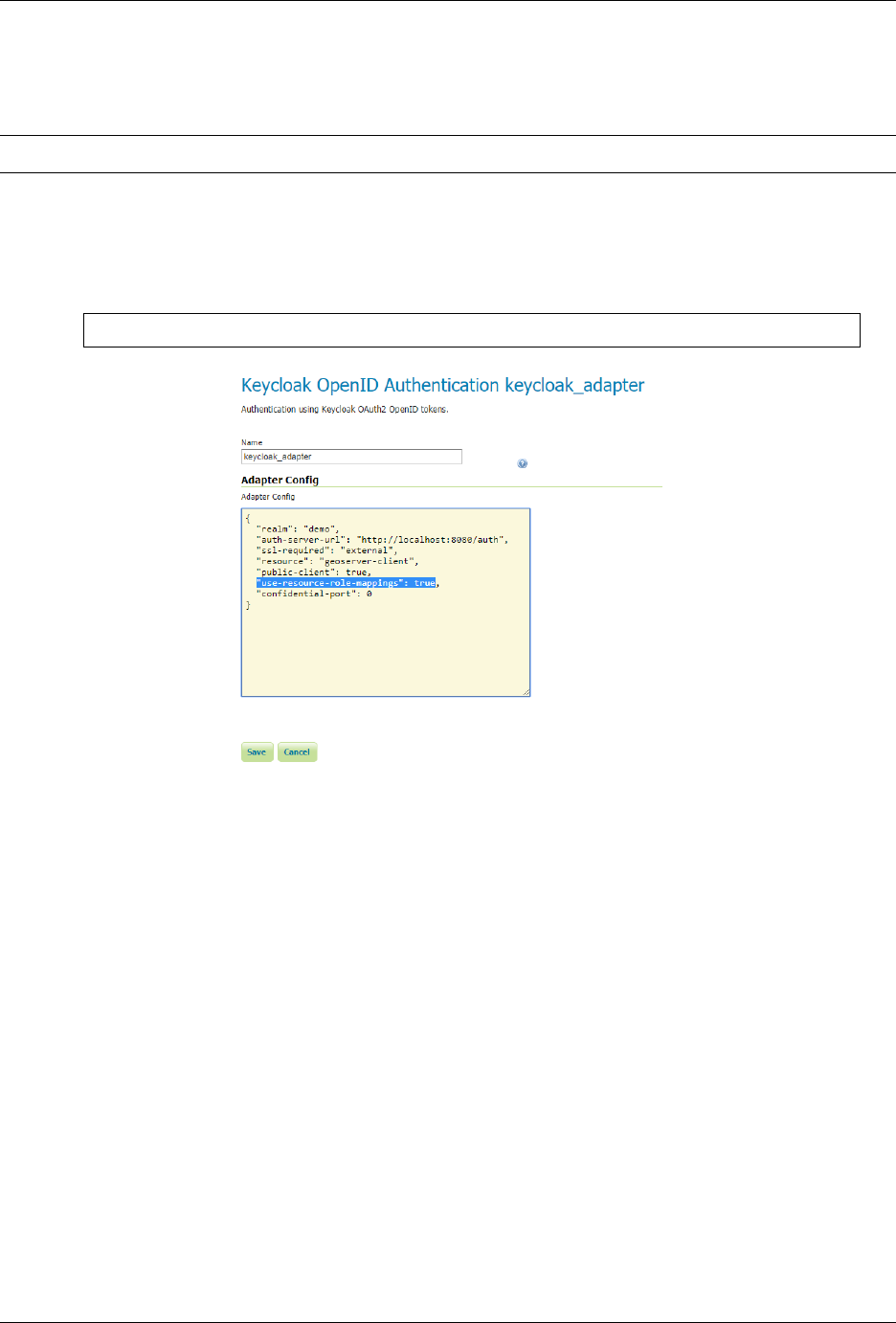
GeoServer User Manual, Release 2.15.1
As the GeoServer Admin:
Note: In this example the Keycloak service runs on port 8080 while GeoServer runs on port 8181
1. Under the Authentication UI, add a new authentication-filter. Select Keycloak from the list of pro-
vided options, and name your new filter keycloak_adapter. Paste the installation-configuration from
the Keycloak-server in the text area provided.
If not present, be sure to add the following options before clicking Save:
"use-resource-role-mappings": true
2. Add the keycloak_adapter to the web filter-chain if you want to protect the Admin GUI, as an instance.
3. Check your work so far by navigating to the GeoServer UI. You should be redirected to the Keycloak
login-page, and after logging-in you should be redirected back to the actual GUI page.
You should verify that the message logged in as <USERNAME> is posted in the top right corner before
continuing.
16.4 DDS/BIL(World Wind Data Formats) Extension
This output module allows GeoServer to output imagery and terrain in formats understood by NASA
World Wind. The mime-types supported are:
1. Direct Draw Surface (DDS) - image/dds. This format allows efficient loading of textures to the GPU
and takes the task off the WorldWind client CPU in converting downloaded PNG, JPEG or TIFF tiles.
The DDS compression is done using DXT3 with help from the worldwind library on server side.
16.4. DDS/BIL(World Wind Data Formats) Extension 1737
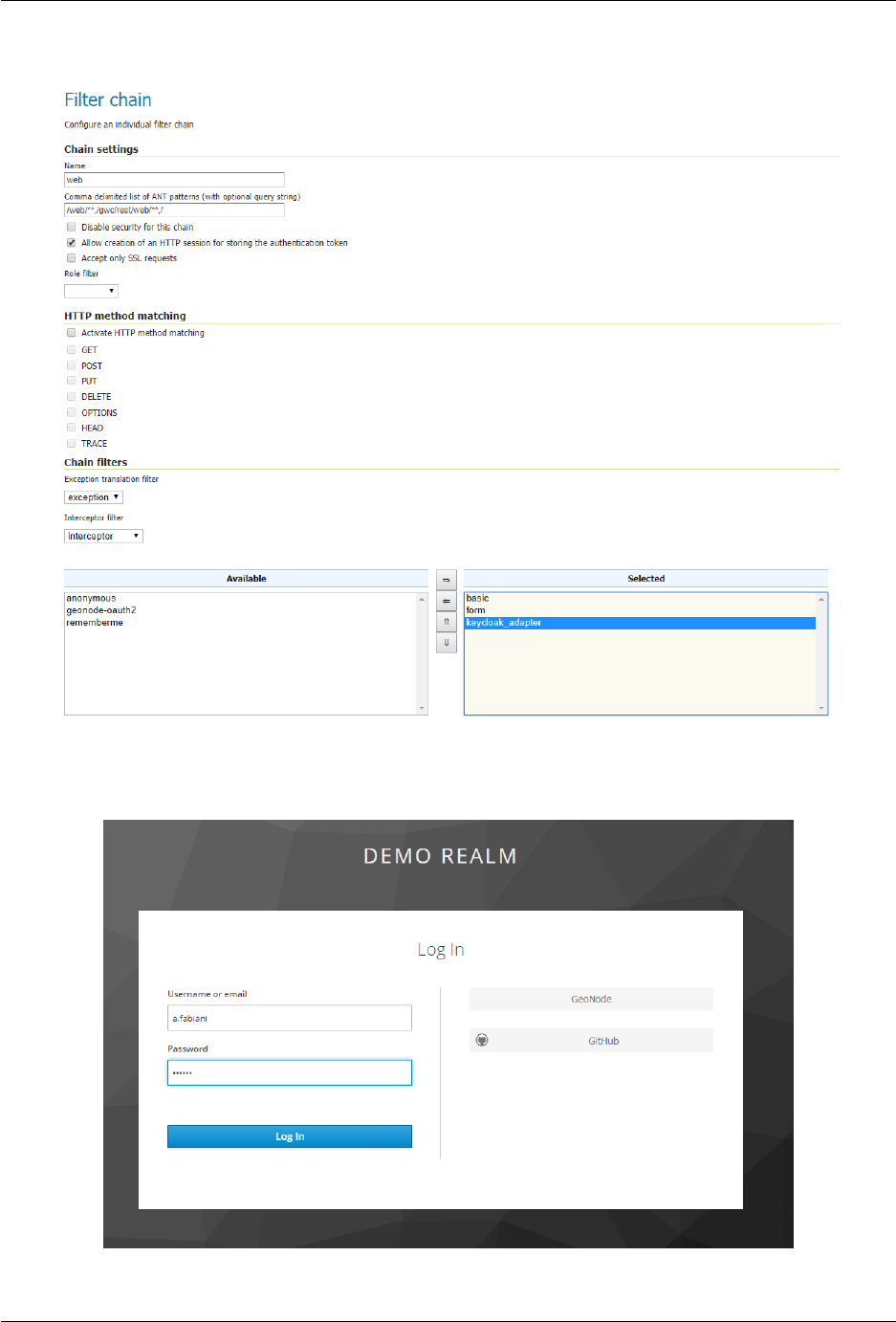
GeoServer User Manual, Release 2.15.1
1738 Chapter 16. Community modules
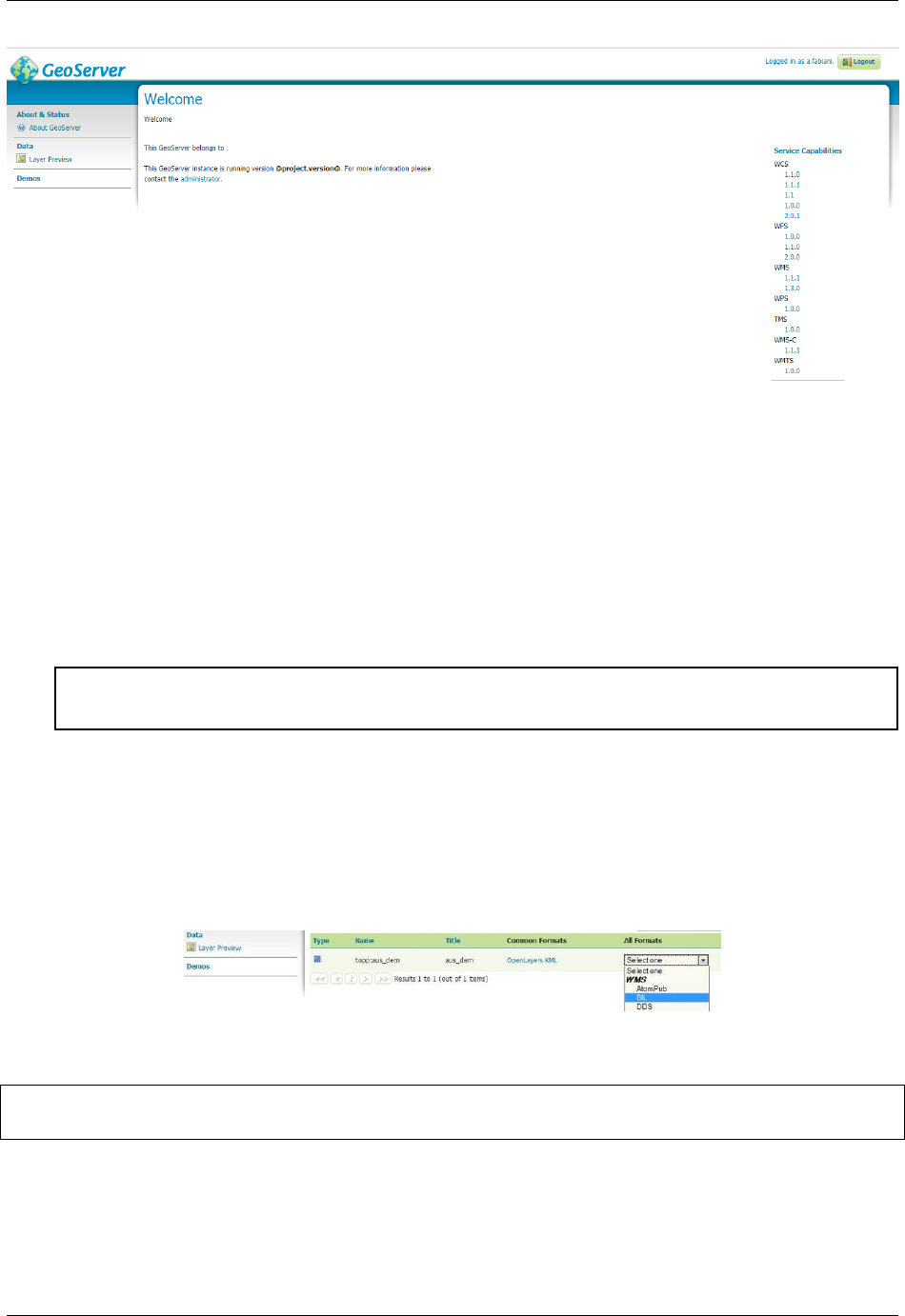
GeoServer User Manual, Release 2.15.1
2. Binary Interleaved by Line(BIL) - image/bil. This is actually a very simple raw binary format pro-
duced using the RAW Image Writer. The supplied GridCoverage2D undergoes appropriate subsam-
pling, reprojection and bit-depth conversion. The output can be requested as 16bit Int or 32bit Float.
16.4.1 Installing the DDS/BIL extension
1. Download the DDS/BIL extension from the nightly GeoServer community module builds. A prebuilt
version for GeoServer 2.0.x can be found on Jira - GEOS-3586.
Warning: Make sure to match the version of the extension to the version of the GeoServer in-
stance!
2. Extract the contents of the archive into the WEB-INF/lib directory of the GeoServer installation.
16.4.2 Checking if the extension is enabled
Once the extension is installed, the provided mime-types should appear in the layer preview dropbox as
shown:
The mime-types will also be listed in the GetCapabilities document:
<Format>image/bil</Format>
<Format>image/dds</Format>
16.4.3 Configuring the BIL format
For a client application to use a BIL layer, it must know the data encoding of the BIL file (e.g. 16-bit integer,
32-bit floating point, etc), the byte order of the data, and the value that indicates missing data. BIL files do
16.4. DDS/BIL(World Wind Data Formats) Extension 1739
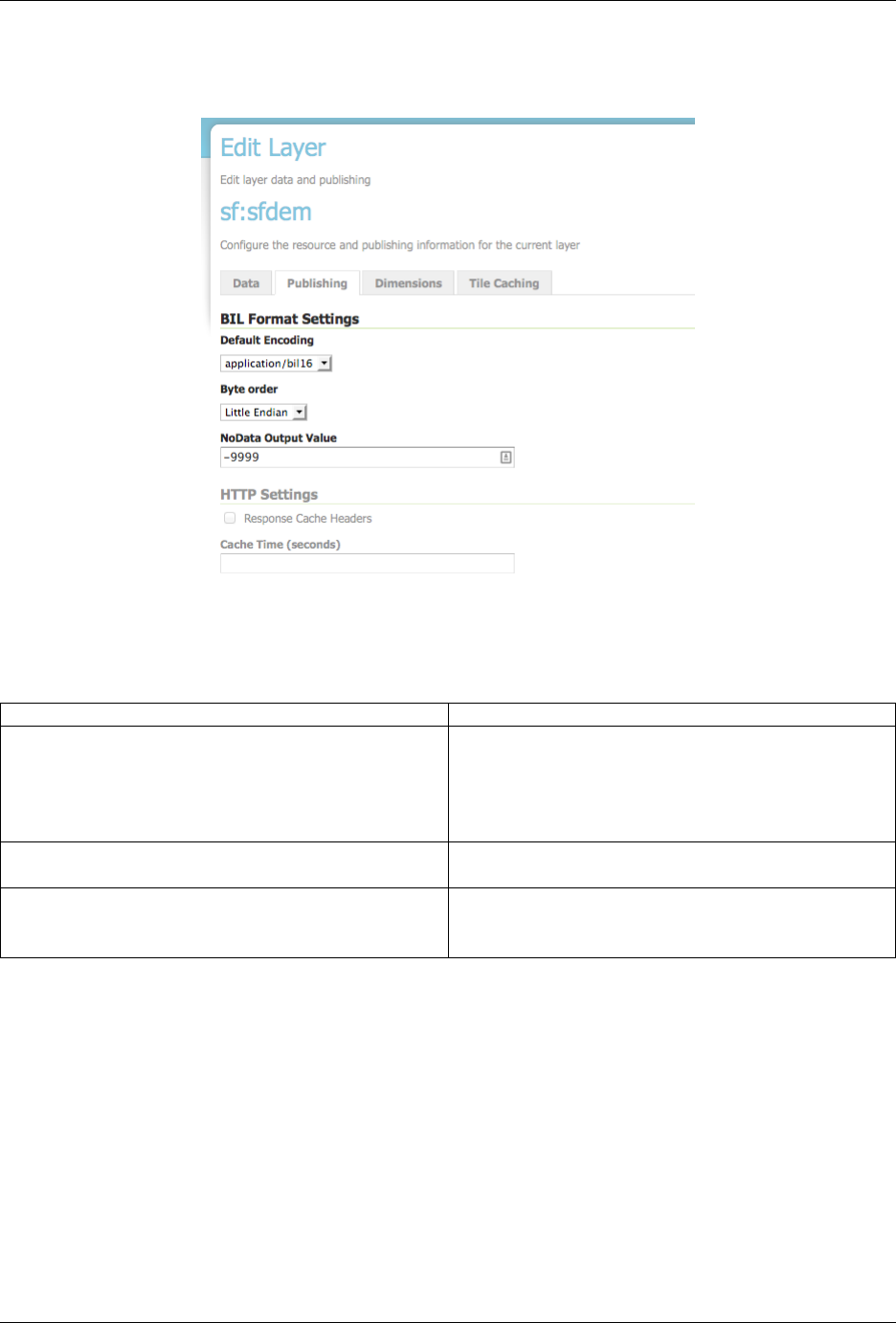
GeoServer User Manual, Release 2.15.1
not contain this metadata, so it may be necessary to configure the server to produce BIL files in the format
that a client application expects.
The BIL output format can be configured for each layer in the Publishing tab of the layer configuration. The
plugin supports the following options:
Option Description
Default encoding The data encoding to use if the request does not
specify an encoding. For example, application/bil
does not specify the response encoding, while ap-
plication/bil16 does specify an encoding. Default:
use same encoding as layer source files.
Byte order Byte order of the response. Default: network byte
order (big endian).
No Data value The value that indicates missing data. If this op-
tion is set, missing data values will be recoded to
this value. Default: no data translation.
For compatibility with the default behavior of NASA World Wind, use these settings:
• Default encoding: application/bil16
• Byte order: Little endian
• No data: -9999
16.4.4 Configuring World Wind to access Imagery/Terrain from GeoServer
Please refer to the WorldWind Forums for instructions on how to setup World Wind to work with layers
published via GeoServer. For image layers(DDS) the user need to create a WMSTiledImageLayer either via
XML configuration or programmatically. For terrain layers (BIL) the equivalent class is WMSBasicEleva-
tionModel.
1740 Chapter 16. Community modules

GeoServer User Manual, Release 2.15.1
16.5 Scripting
The GeoServer scripting extension allows users to extend GeoServer dynamically by writing scripts in
languages other than Java.
16.5.1 Installing the Scripting Extension
Python
Currently, the only scripting language that is distributed as a package for download is Python. This ex-
tension is a community extension, in that it is not included with the list of extensions on the standard
GeoServer download page. Instead, the community extensions are built each night on the nightly build
server.
To access the Python scripting extension:
1. Navigate to the nightly build server.
2. Click the folder that contains the correct branch of GeoServer for your version (for example: for 2.2.2,
click on 2.2.x):
3. Click community-latest. This folder contains the most recently built community extensions for the
branch.
4. Download the file that contains the string “python”. For example: geoserver-2.
2-SNAPSHOT-python-plugin.zip.
5. Extract the contents of the archive into the /WEB-INF/lib/ directory of GeoServer. For example,
if GeoServer was installed at /opt/geoserver-2.2.2/, extract the archive contents in /opt/
geoserver-2.1.0/webapps/geoserver/WEB-INF/lib/.
6. Restart GeoServer.
Upon a successful install a new directory named scripts will be created inside the data directory.
16.5.2 Supported Languages
Support for the following scripting languages is available:
• Python
• JavaScript
• Groovy
• Beanshell
• Ruby
Adding support for additional languages is relatively straight forward. The requirements for adding a new
language are:
1. The language has an implementation that runs on the Java virtual machine
2. The language runtime provides a JSR-223 compliant script engine
16.5. Scripting 1741
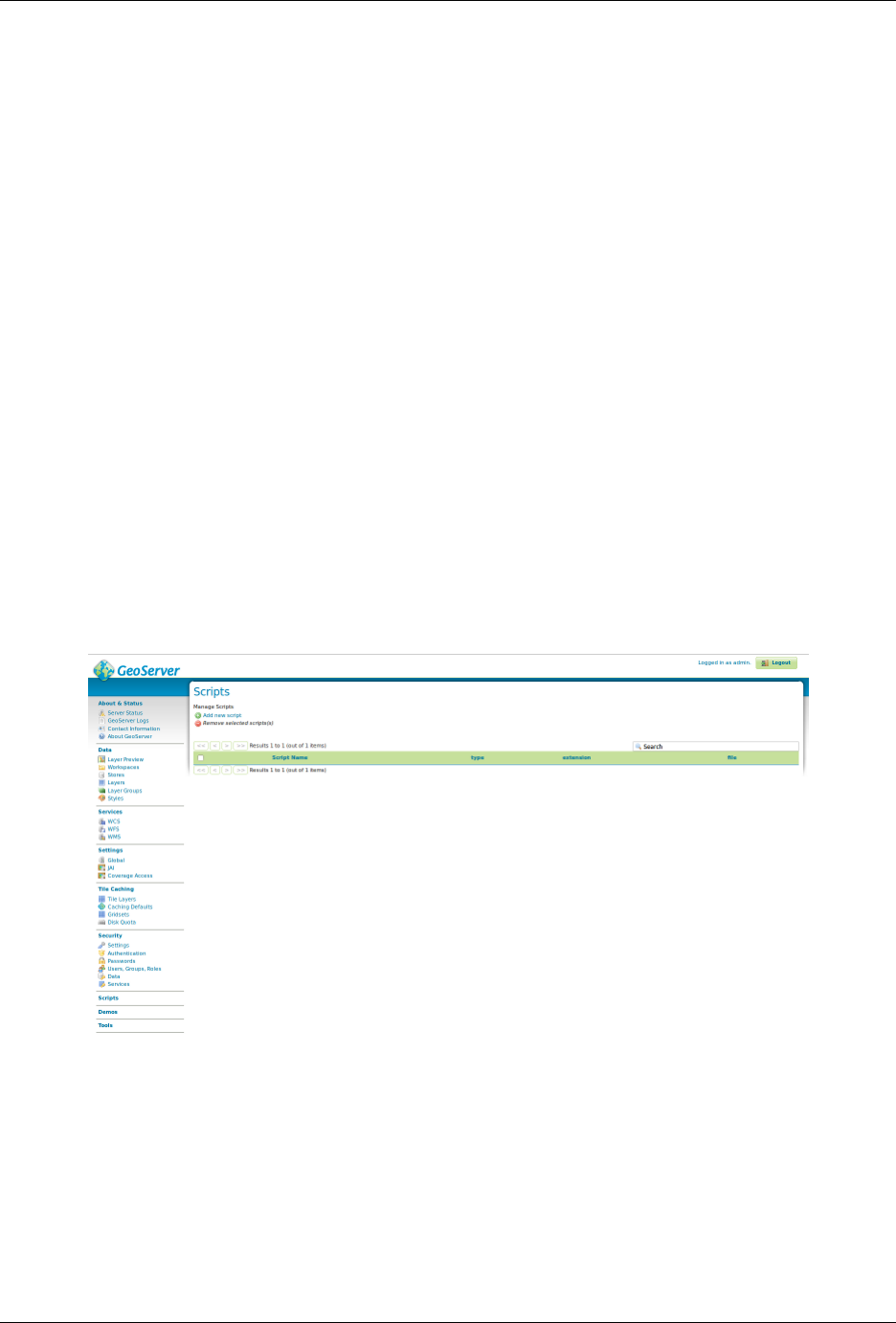
GeoServer User Manual, Release 2.15.1
GeoScript
GeoScript is a project that adds scripting capabilities to the GeoTools library. It can be viewed as bindings
for GeoTools in various other languages that are supposed on the JVM. It is the equivalent of the various
language bindings that GDAL and OGR provide.
Currently GeoScript is available for the following languages:
•Python
•JavaScript
•Groovy
The associated GeoServer scripting extension for these languages come with GeoScript for that language
enabled. This means that when writing scripts one has access to the GeoScript modules and packages like
they would any other standard library package.
Those languages that don’t have a GeoScript implementation can still implement the same functionality
that GeoScript provides but must do it against the GeoTools api directly. The downside being that usually
the GeoTools api is much more verbose than the GeoScript equivalent. But the upside is that going straight
against the GeoTools api is usually more efficient.
Therefore GeoScript can be viewed purely as a convenience for script writers.
16.5.3 Scripting Web User Interface
After successful installation you should see a Scripts menu item:
For adding new script click “Add new script”:
Input parameters:
Name— The name of the script file (should be added without extension);
Type— Script extension point, see Scripting Extension Overview and Scripting Hooks;
Extension— The file extension for the scripting language of your choice;
Content— Your script, for examples, see Scripting Hooks and Scripting Reference;
1742 Chapter 16. Community modules
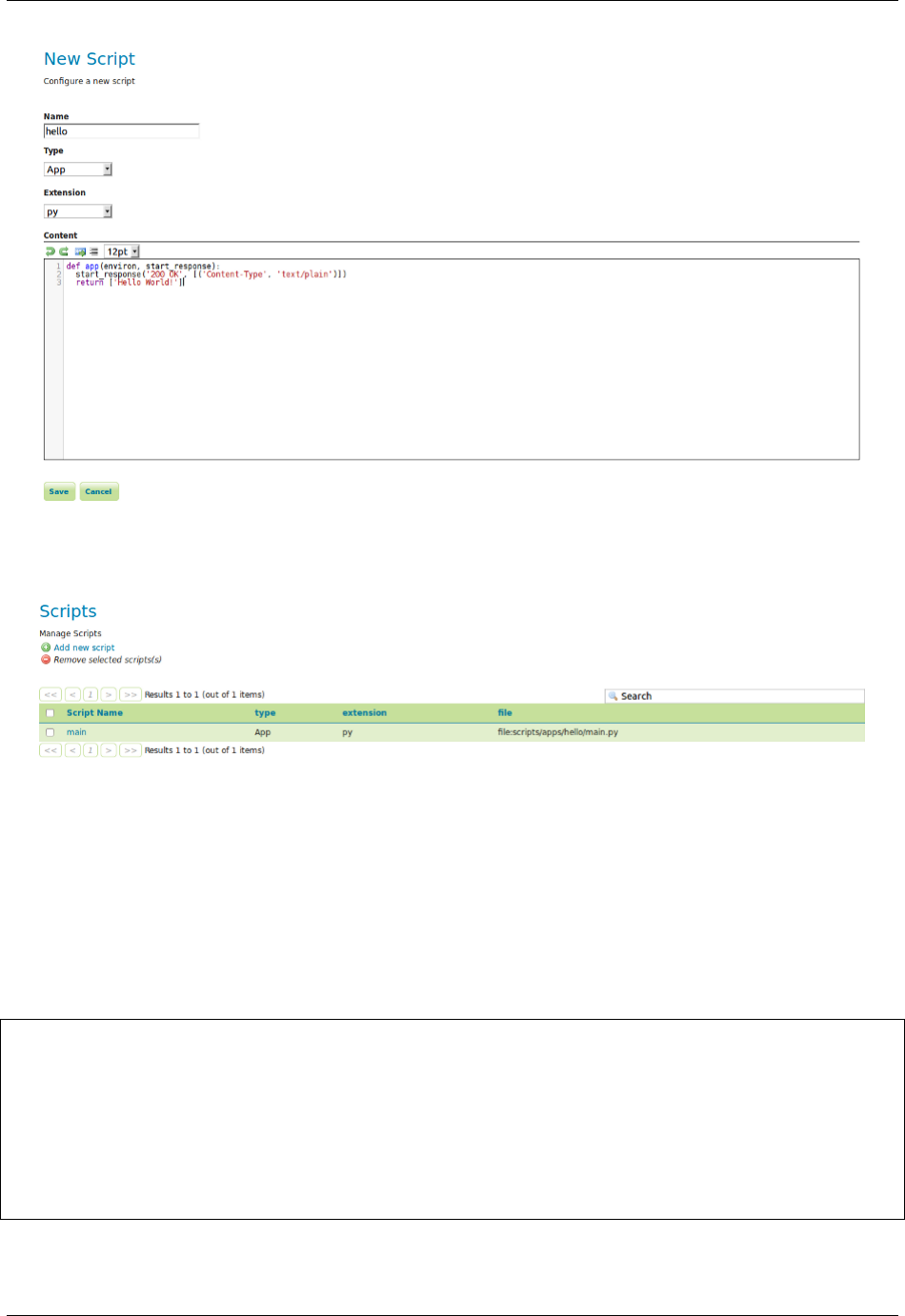
GeoServer User Manual, Release 2.15.1
After saving a script you should see the created file path relative to data directory root.
16.5.4 Scripting Extension Overview
The scripting extension provides a number of extension points called “hooks” throughout GeoServer. Each
hook provides a way to plug in functionality via a script. See the Scripting Hooks section for details on each
of the individual scripting hooks.
Scripts are located in the GeoServer data directory under a directory named scripts. Under this directory
exist a number of other directories, one for each scripting hook:
GEOSERVER_DATA_DIR/
...
scripts/
apps/
function/
lib/
wfs/
tx/
wps/
The apps directory provides an “application” hook allowing for one to provide a script invokable over
http.
16.5. Scripting 1743
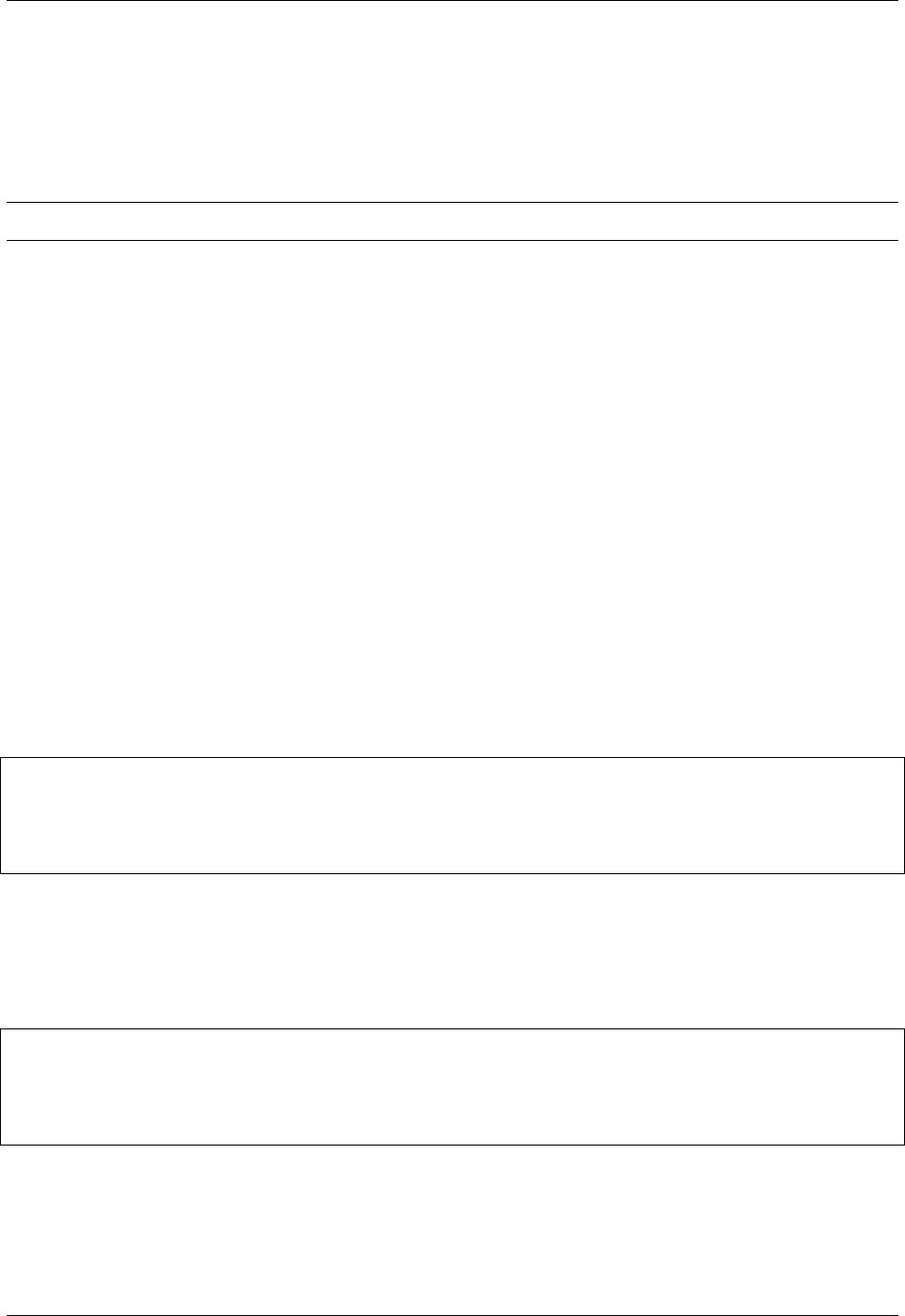
GeoServer User Manual, Release 2.15.1
The function directory provides a Filter Function hook allowing to create new custom functions to be
used for example in WFS/WMS filtering or in SLD expressions, see Filter functions.
The lib directory is not a hook but is meant to be a location where common scripts/libraries may be placed.
For instance this directory may be used as a common location for data structures and utility functions that
may be utilized across many different scripts.
Note: How the lib directory (or if it is utilized at all) is language specific.
The wfs/tx directory provides a WFS Transactions hook allowing to intercept WFS transaction.
The wps directory provides a Web Processing Service (WPS) process hook to contribute a process invokable
via WPS.
See Scripting Hooks for more details.
Creating scripts involves either creating a script in one of these hook directories or creating it with web user
interface. New scripts are picked up automatically by GeoServer without a need to ever restart the server
as is the case with a pure Java GeoServer extension.
16.5.5 Scripting Hooks
This page describes all available scripting hooks. Every hook listed on this page is implemented by all the
supported language extensions. However, depending on the language, the interfaces and api used to write
a script may differ. Continue reading for more details.
Applications
The “app” hook provides a way to contribute scripts that are intended to be run over http. An app corre-
sponds to a named directory under the scripts/apps directory. For example:
GEOSERVER_DATA_DIR/
...
scripts/
apps/
hello/
An app directory must contain a main file that contains the “entry point” into the application. Every time
the app is invoked via an http request this main file is executed.
The contains of the main file differ depending on the language. The default for all languages is simply that
the main file contain a function named “run” that takes two arguments, the http request and response. For
example, in beanshell:
import org.restlet.data.*;
run(request,response) {
response.setEntity("Hello World!",MediaType.TEXT_PLAIN);
}
As explained above this api can differ depending on the language. For example in Python we have the well
defined WSGI specification that gives us a standard interface for Python web development. The equivalent
Python script to that above is:
1744 Chapter 16. Community modules
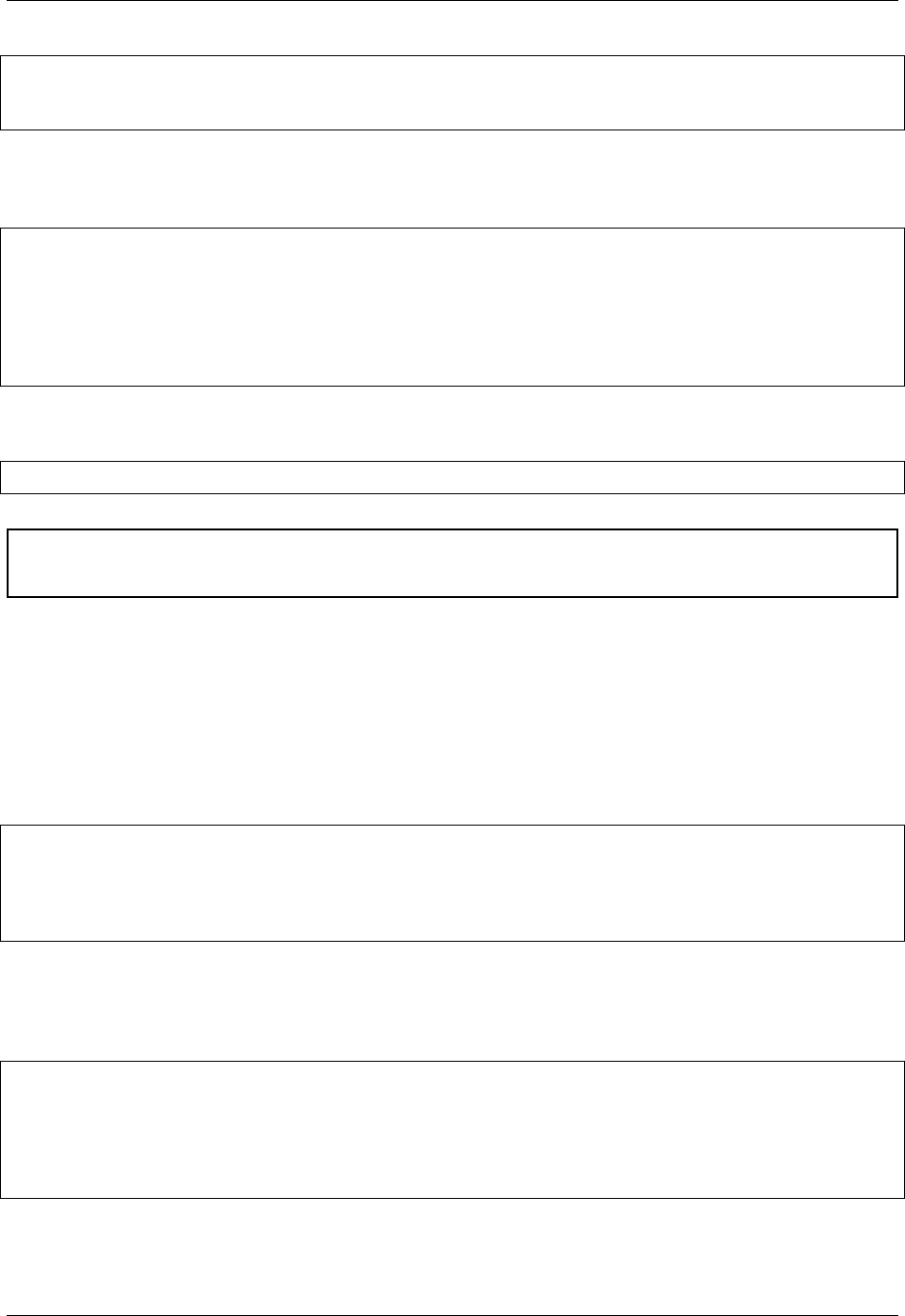
GeoServer User Manual, Release 2.15.1
def app(environ, start_response):
start_response('200 OK', [('Content-Type','text/plain')])
return ['Hello World!']
For the JavaScript app hook, scripts are expected to export an app function that conforms to the JSGI
specification (v0.3). The equivalent ‘Hello World’ app in JavaScript would look like the following (in /
scripts/apps/hello/main.js):
exports.app =function(request) {
return {
status:200,
headers:{"Content-Type":"text/plain"},
body:["Hello World"]
}
};
Applications are http accessible at the path /script/apps/{app} where {app} is the name of the appli-
cation. For example assuming a local GeoServer the url for for the application would be:
http://localhost:8080/geoserver/script/apps/hello
Warning: Because of security risks the path will not be accessible if the default admin password has
not been changed.
Web Processing Service
The wps hook provides a way to provides a way to contribute scripts runnable as a WPS process. The
process is invoked using the standard WPS protocol the same way an existing well-known process would
be.
All processes are located under the scripts/wps directory. Each process is located in a file named for the
process. For example:
GEOSERVER_DATA_DIR/
...
scripts/
wps/
buffer.bsh
The process will be exposed using the extension as the namespace prefix, and the file name as the process
name, for example, the above process will show up as bsh:buffer. It is also possible to put scripts in
subdirectories of script/wps, in this case the directory name will be used as the process namespace, for
example:
GEOSERVER_DATA_DIR/
...
scripts/
wps/
foo/
buffer.bsh
will expose the process as foo:buffer.
A process script must define two things:
16.5. Scripting 1745
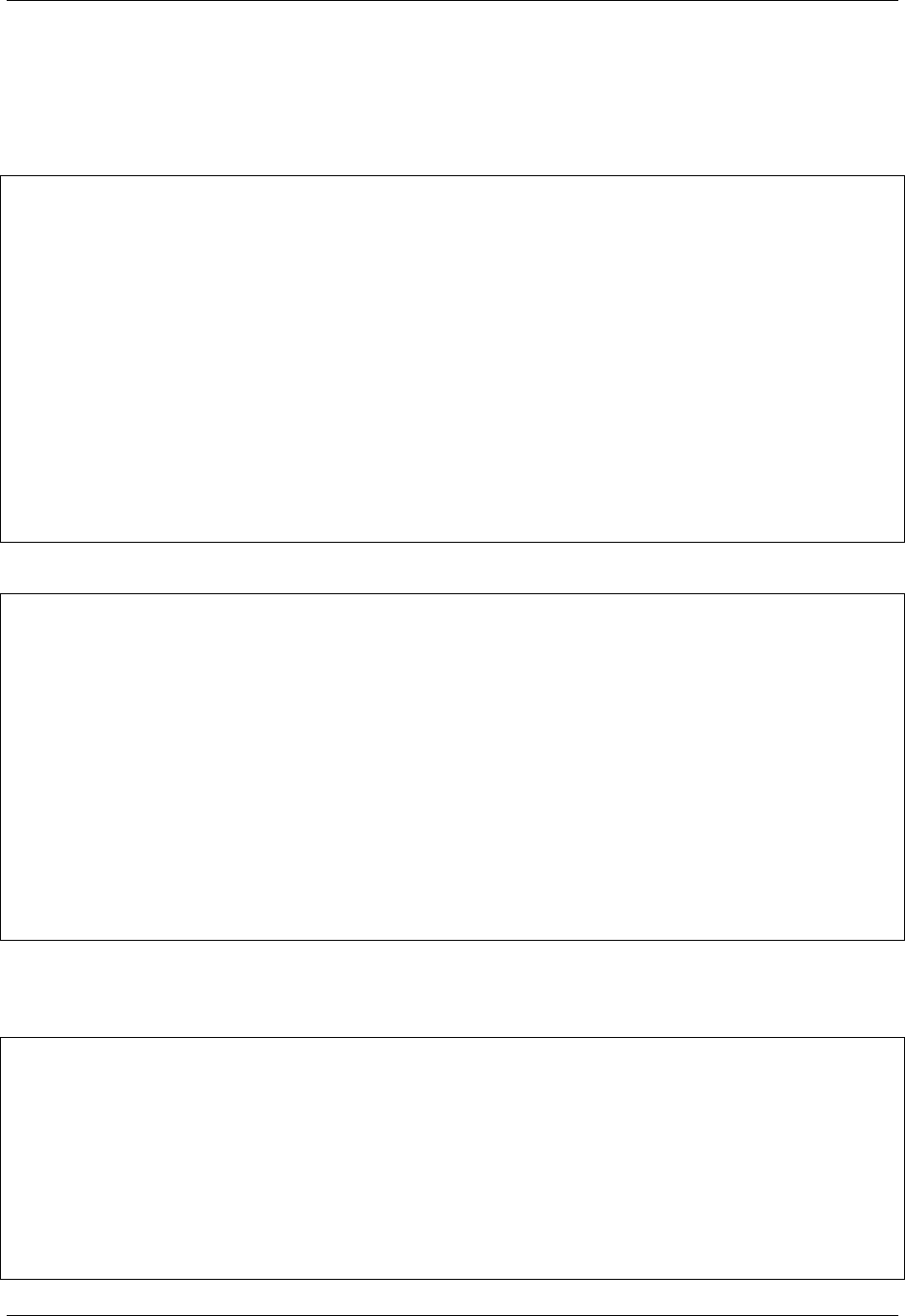
GeoServer User Manual, Release 2.15.1
1. The process metadata: title, description, inputs, and outputs
2. The process routine itself
The default for languages is to define the metadata as global variables in the script and the process routine
as a function named “run”. For example, in groovy:
import org.locationtech.jts.geom.Geometry
title ='Buffer'
description ='Buffers a geometry'
inputs = [
geom: [name: 'geom',title: 'The geometry to buffer',type: Geometry.class],
distance: [name: 'distance',title: 'The buffer distance',type: Double.class]
]
outputs = [
result: [name: 'result',title: 'The buffered geometry',type: Geometry.class]
]
def run(input) {
return [result: input.geom.buffer(input.distance)]
}
In Python the api is slightly different and makes use of Python decorators:
from geoserver.wps import process
from org.locationtech.jts.geom import Geometry
@process(
title='Buffer',
description='Buffers a geometry',
inputs={
'geom': (Geometry, 'The geometry to buffer'),
'distance':(float,'The buffer distance')
},
outputs={
'result': (Geometry, 'The buffered geometry')
}
)
def run(geom, distance):
return geom.buffer(distance);
In JavaScript, a script exports a process object (see the GeoScript JS API docs for more detail) in order to
be exposed as a WPS process. The following is an example of a simple buffer process (saved in scripts/
wps/buffer.js):
var Process =require("geoscript/process").Process;
exports.process =new Process({
title:"JavaScript Buffer Process",
description:"Process that buffers a geometry.",
inputs:{
geom:{
type:"Geometry",
title:"Input Geometry",
description:"The target geometry."
},
1746 Chapter 16. Community modules
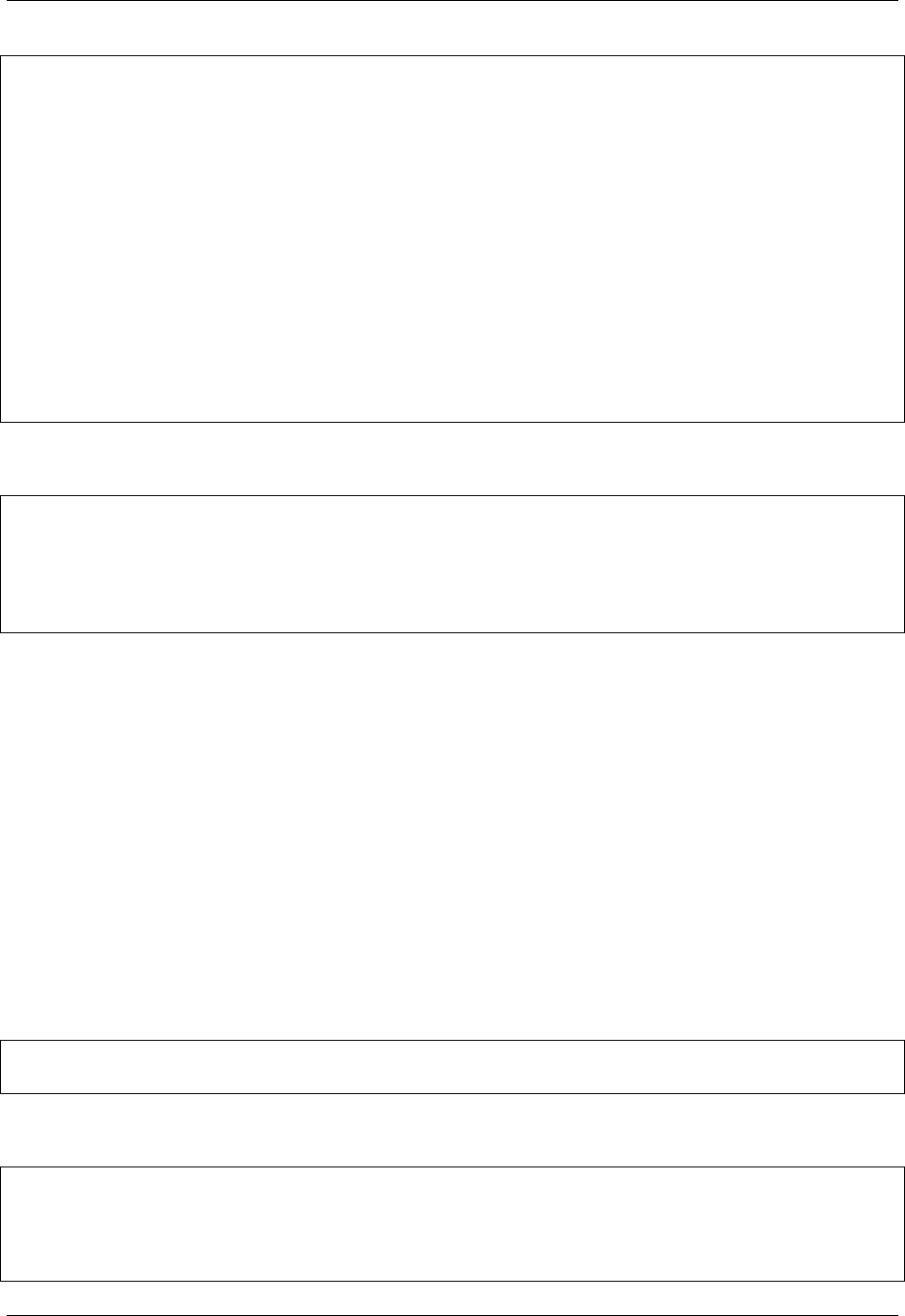
GeoServer User Manual, Release 2.15.1
distance:{
type:"Double",
title:"Buffer Distance",
description:"The distance by which to buffer the geometry."
}
},
outputs:{
result:{
type:"Geometry",
title:"Result",
description:"The buffered geometry."
}
},
run:function(inputs) {
return {result:inputs.geom.buffer(inputs.distance)};
}
});
Once implemented a process is invoked using the standard WPS protocol. For example assuming a local
GeoServer the url to execute the process would be:
http://localhost:8080/geoserver/wps
?service=WPS
&version=1.0.0
&request=Execute
&identifier=XX:buffer
&datainputs=geom=POINT(0 0)@mimetype=application/wkt;distance=10
(Substitue XX:buffer for the script name followed by the extension. E.g. py:buffer for Python or
js:buffer for JavaScript.)
Filter Functions
The Filter Functions hook provides a way to create new Filter Function. These functions may be used, for
example, in WFS/WMS filtering or in SLD expressions, for more information about Filter Functions see
Filter functions. GeoServer already provides many built in functions, for a complete list see Filter Function
Reference.
All created functions are located under the scripts/function directory. For creating new functions
use Scripting Web User Interface or place directly function file in scripts/function directory, for exam-
ple, to create a function named camelcase using the python language create file scripts/function/
camelcase.py.
The contains of the function file differ depending on the language. The default for all languages is simply
that the function file contains a function named “run”. For example, in python:
def run(value, args):
return ''.join(x for xin args[0].title() if not x.isspace())
The filter function name equals the function file name, for example, if there is scripts/function/
camelcase.py file then it can be used in SLD like this:
...
<TextSymbolizer>
<Label>
<ogc:Function name="camelcase">
<ogc:PropertyName>STATE_NAME</ogc:PropertyName>
16.5. Scripting 1747
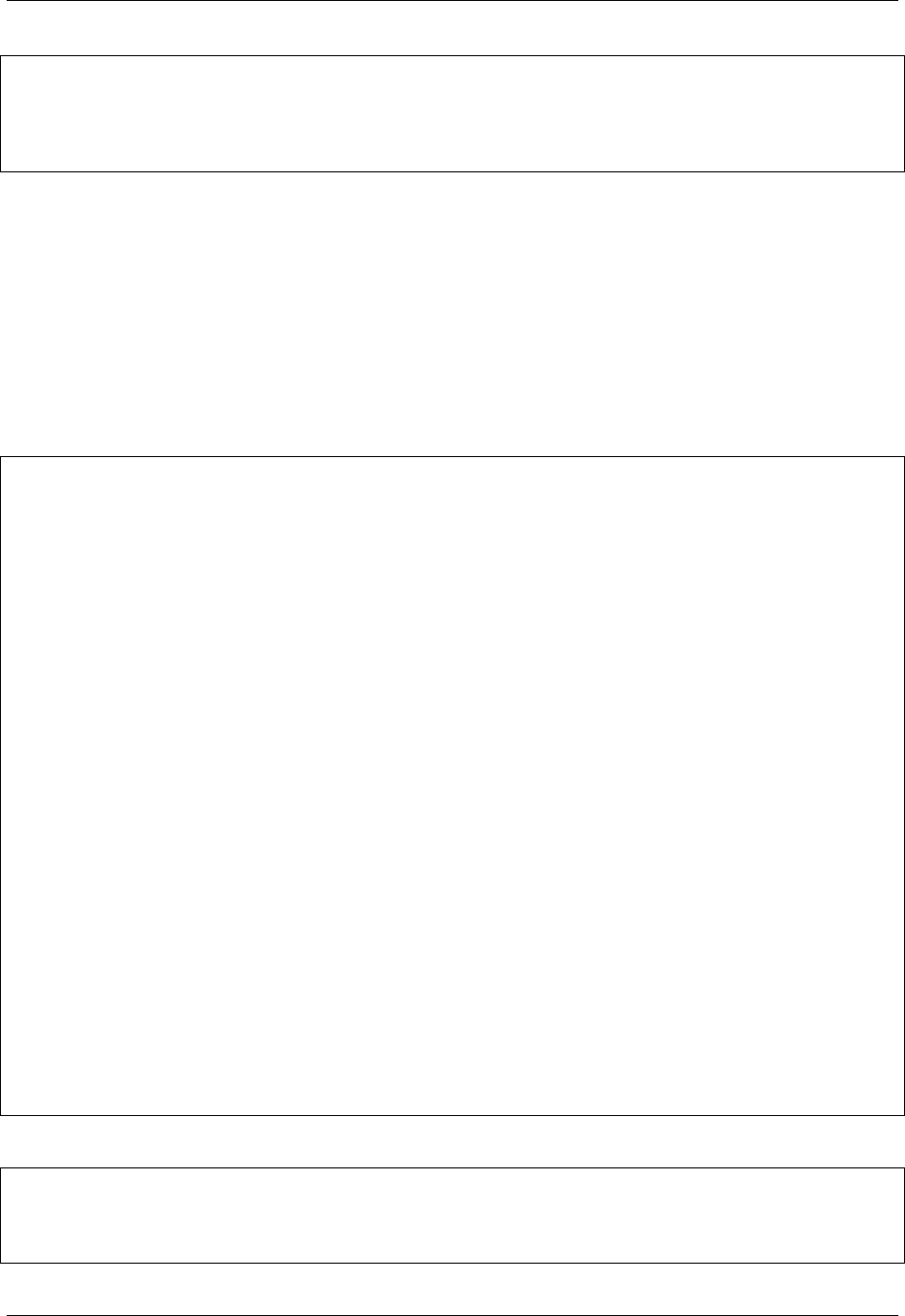
GeoServer User Manual, Release 2.15.1
</ogc:Function>
</Label>
...
</TextSymbolizer>
...
WFS Transactions
WFS Transactions hook provides a way one can intercept WFS Transactions. It could be used, for example,
to add validation or fill some attributes based on other ones.
All created WFS Transactions hooks are located under the scripts/wfs/tx directory. For creating new
functions use Scripting Web User Interface or place file directly in scripts/wfs/tx directory. The file name
does not matter in WFS Transaction hook.
To intercept transaction one should declare a method with name specific to transaction phase, for example,
to manipulate data before update use preUpdate. Available methods in python are:
from geoserver.wfs import tx
def before(req, context):
context['before']=True
def preInsert(inserted, req, context):
context['preInsert']=True
def postInsert(inserted, req, context):
context['postInsert']=True
def preUpdate(updated, props, req, context):
context['preUpdate']=True
def postUpdate(updated, props, req, context):
context['postUpdate']=True
def preDelete(deleted, req, context):
context['preDelete']=True
def postDelete(deleted, req, context):
context['postDelete']=True
def preCommit(req, context):
context['preCommit']=True
def postCommit(req, res, context):
context['postCommit']=True
def abort(req, res, context):
context['abort']=True
For example, to disallow feature deleting in python, create script:
from org.geoserver.wfs import WFSException
def preDelete(deleted, req, context):
raise WFSException("It is not allowed to delete Features in this layer!")
1748 Chapter 16. Community modules
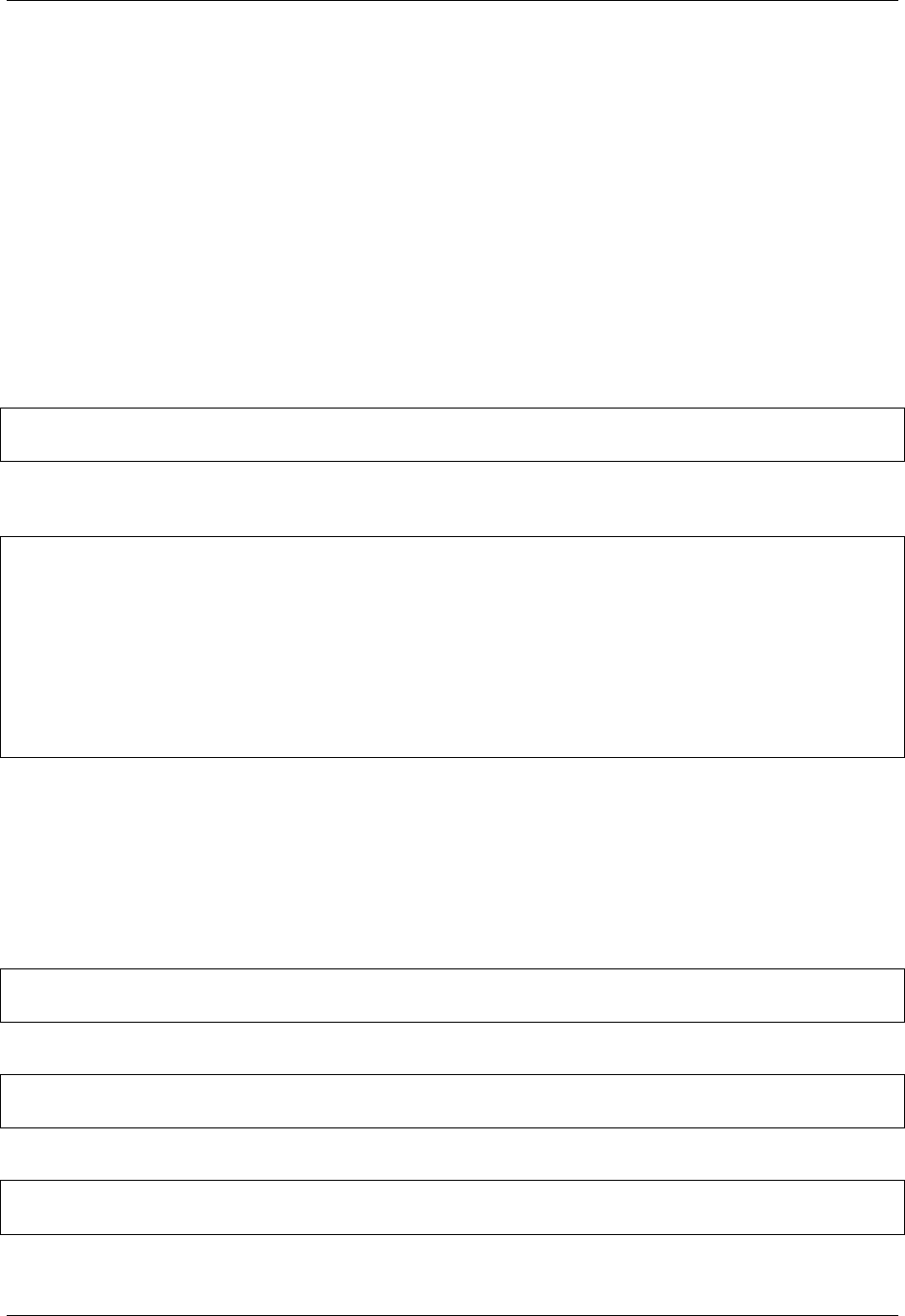
GeoServer User Manual, Release 2.15.1
16.5.6 Scripting Reference
Python
GeoServer Python API Documentation
Script Hooks
app
In Python the app hook is based on WSGI which provides a common interface for Python web application
development. This is not a comprehensive introduction to WSGI, that can be found here, but the app script
must provide a function named app that takes a dictionary containing information about the environment,
and a function to start the response.
def app(environ, start_response):
# do stuff here
The function must be present in a file named main.py in a named application directory. Application direc-
tories live under the scripts/apps directory under the root of the data directory:
GEOSERVER_DATA_DIR/
...
scripts/
apps/
app1/
main.py
...
app2/
main.py
...
The application is web accessible from the path /script/apps/{app} where {app} is the name of the
application. All requests that start with this path are dispatched to the app function in main.py.
Hello World Example
In this example a simple “Hello World” application is built. First step is to create a directory for the app
named hello:
cd $GEOSERVER_DATA_DIR/scripts/apps
mkdir hello
Next step is to create the main.py file:
cd hello
touch main.py
Next the app function is created and stubbed out:
def app(environ, start_response):
pass
Within the app function the following things will happen:
16.5. Scripting 1749
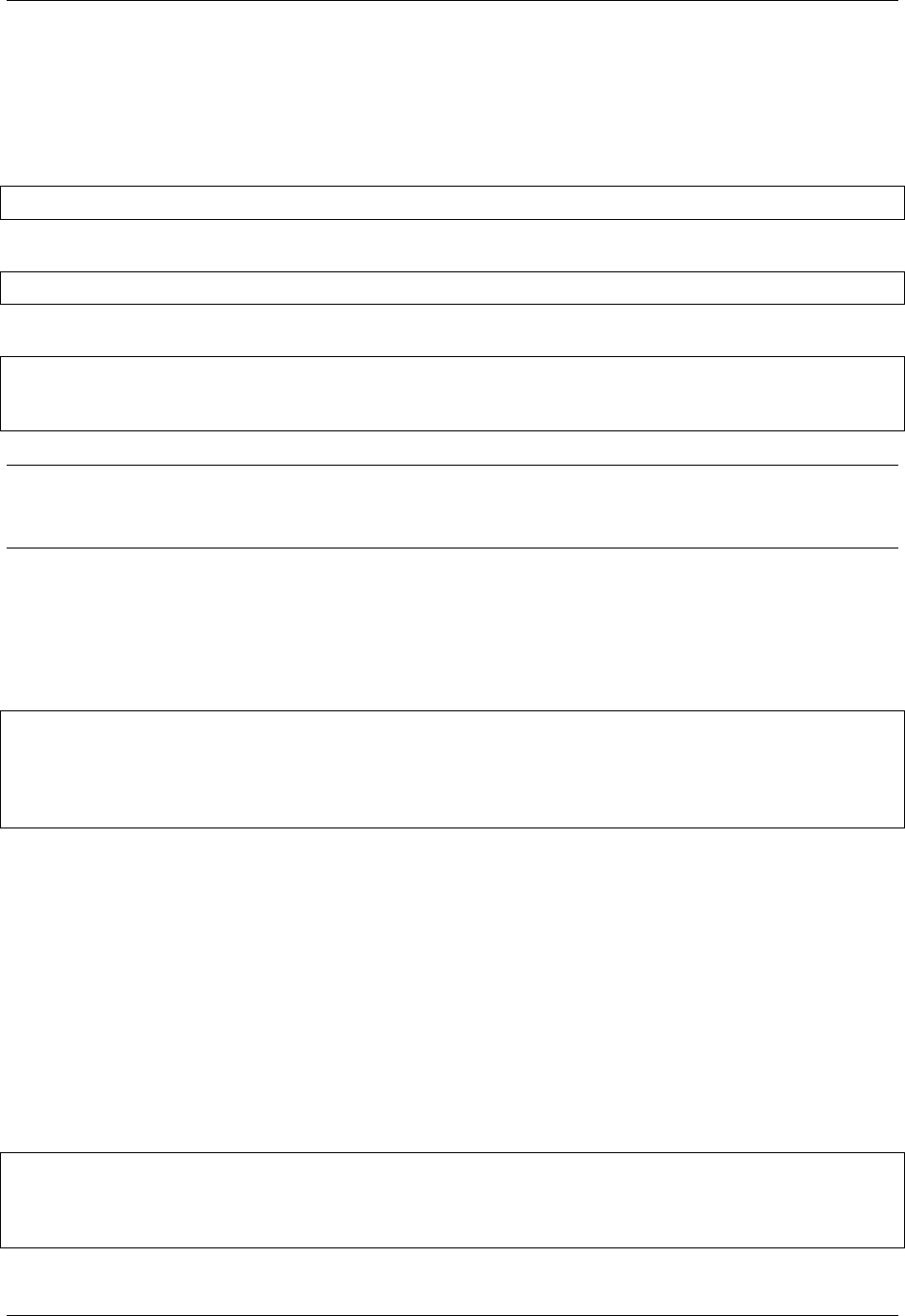
GeoServer User Manual, Release 2.15.1
1. Report an HTTP status code of 200
2. Declare the content type of the response, in this case “text/plain”
3. Generate the response, in this case the string “Hello World”
Steps 1 and 2 are accomplished by invoking the start_response function:
start_response('200 OK', [('Content-Type','text/plain')])
Step 3 is achieved by returning an array of string content:
return ['Hello World']
The final completed version:
def app(environ, start_response):
start_response('200 OK', [('Content-Type','text/plain')])
return ['Hello World!']
Note: WSGI allows for additional methods of generating responses rather than returning an array. In
particular it supports returning an generator for the response content. Consult the WSGI documentation
for more details.
wps
In Python the wps/process interface is much like the other languages, with a few differences. A process is
defined with a function named run that is decorated with the geoserver.wps.process decorator:
from geoserver.wps import process
@process(...)
def run(...):
# do something
The function is located in a file under the scripts/wps directory under the root of the data directory. A
WPS process requires metadata to describe itself to the outside world including:
• A name identifying the process
• A short title describing the process
• An optionally longer description that describes the process in more detail
• A dictionary of inputs describing the parameters the process accepts as input
• A dictionary of outputs describing the results the process generates as output
In python the name is implicitly derived from the name of the file that contains the process function. The
rest of the metadata is passed in as arguments to the process decorator. The title and description
are simple strings:
@process(title='Short Process Title',
description='Longer and more detailed process description')
def run():
pass
1750 Chapter 16. Community modules
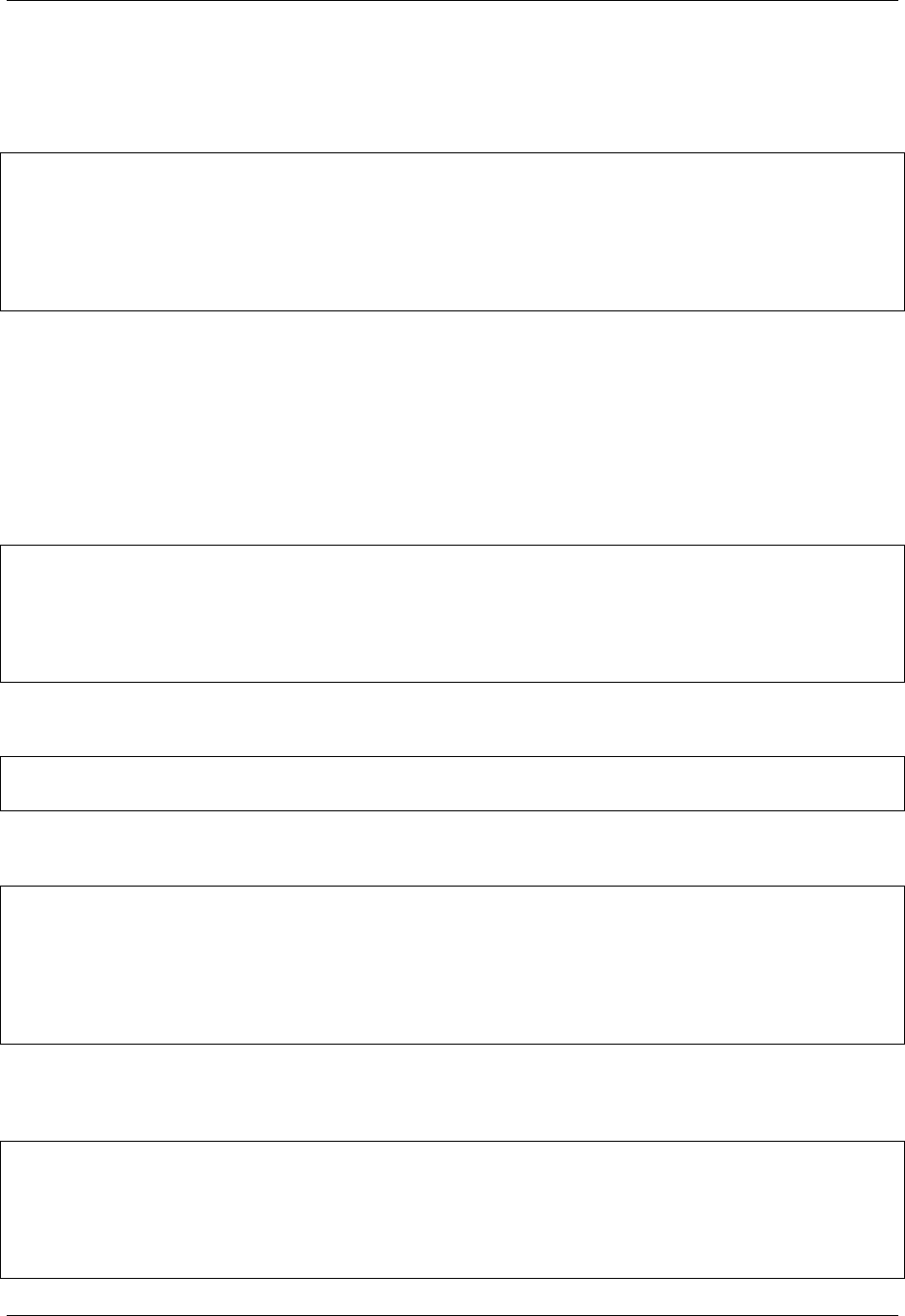
GeoServer User Manual, Release 2.15.1
The inputs metadata is a dictionary keyed with strings matching the names of the process inputs. The
values of the dictionary are tuples in which the first element is the type of the input and the second value is
the description of the input. The keys of the dictionary must match those declared in the process function
itself:
@process(
...
inputs={'arg1': (<arg1 type>,'Arg1 description'),
'arg2': (<arg2 type>,'Arg2 description')}
)
def run(arg1, arg2):
pass
Optionally, the input tuples can also host a third argument, a dictionary hosting more input metadata.
Currently the following metadata are supported:
• min: mininum number of occurrences for the input, 0 if the input is optional
• max: maximum number of occurrences for the input, if greater than one the process will receive a list
• domain: the list of values the input can receive, which will be advertised in the WPS DescribeProcess
output
For example:
@process(
inputs={'geom': (Geometry, 'The geometry to buffer'),
'distance':(float,'The buffer distance'),
'capStyle': (str,'The style of buffer endings',
{'min':0,'domain' : ('round','flat','square')}),
'quadrantSegments': (int,'Number of segments' , {'min':0})}
Finally, the default values assigned to the run function parameter will show up in the capabilities document
as the parameter default value:
@process(...)
def run(a, b, c='MyDefaultValue')
The outputs metadata is the same structure as the inputs dictionary except that for it describes the output
arguments of the process:
@process(
...
outputs={'result1': (<result1 type>,'Result1 description'),
'result2': (<result2 type>,'Result2 description')}
)
def run(arg1, arg2):
pass
A process must generate and return results matching the outputs arguments. For processes that return
a single value this is implicitly determined but processes that return multiple values must be explicit by
returning a dictionary of the return values:
@process(
...
outputs={'result1': (<result1 type>,'Result1 description'),
'result2': (<result2 type>,'Result2 description')}
)
def run(arg1, arg2):
16.5. Scripting 1751
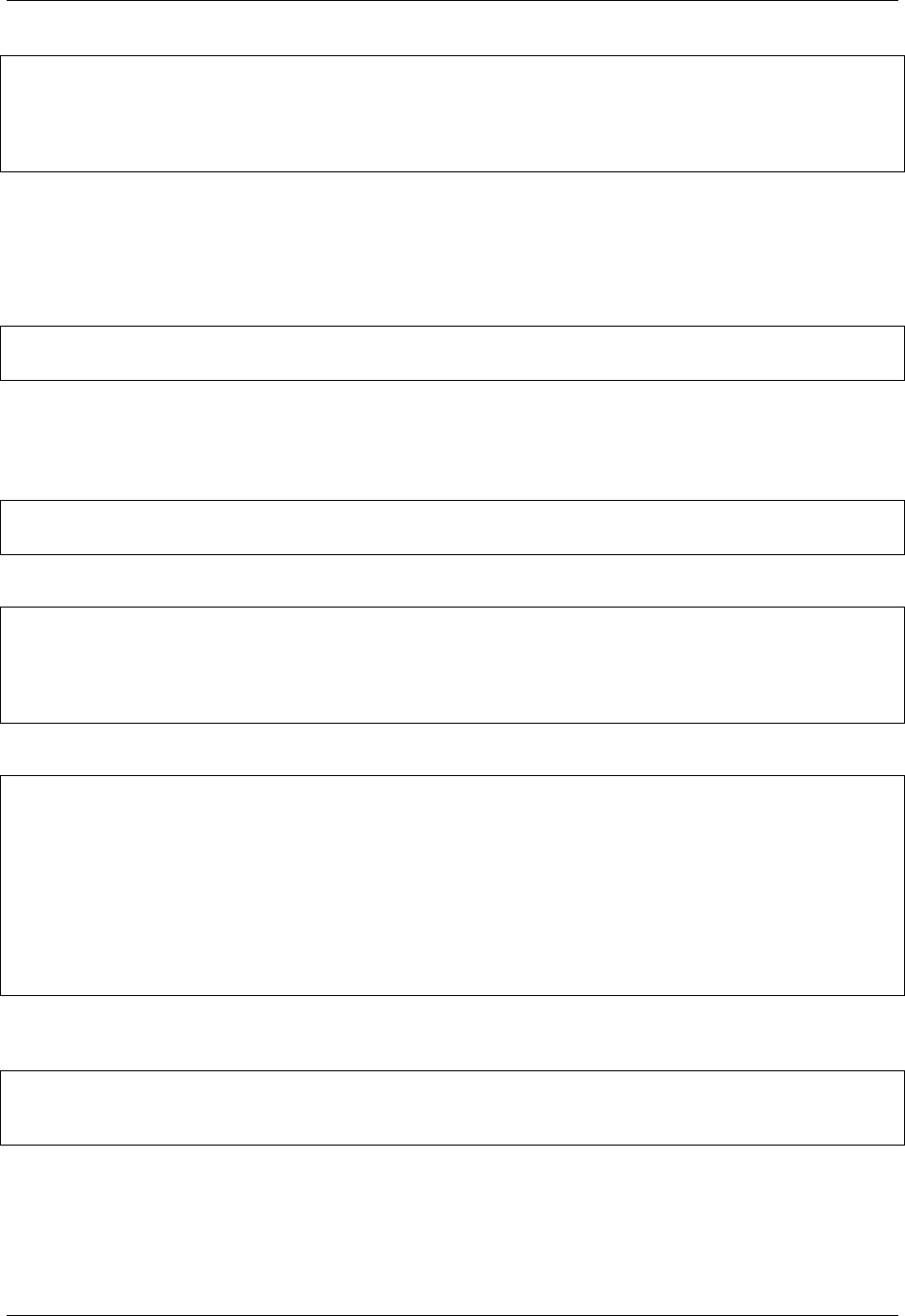
GeoServer User Manual, Release 2.15.1
# do something
return {
'result1':...,
'result2':...
}
Buffer Example
In this example a simple buffer process is created. First step is to create a file named buffer.py in the
scripts/wps directory:
cd $GEOSERVER_DATA_DIR/scripts/wps
touch buffer.py
Next the run function is created and stubbed out. The function will take two arguments:
1. A geometry object to buffer
2. A floating point value to use as the buffer value/distance
def run(geom, distance):
pass
In order for the function to picked up it must first be decorated with the process decorator:
from geoserver.wps import process
@process(title='Buffer', description='Buffers a geometry')
def run(geom, distance):
pass
Next the process inputs and outputs must be described:
from geoscript.geom import Geometry
@process(
...,
inputs={'geom': (Geometry, 'The geometry to buffer'),
'distance': (float,'The buffer distance')},
outputs={'result': (Geometry, 'The buffered geometry')}
)
def run(geom, distance):
pass
And finally writing the buffer routine which simply just invokes the buffer method of the geometry
argument:
@process(...)
def run(geom, distance):
return geom.buffer(distance)
In this case since the process returns only a single argument it can be returned directly without wrapping
it in a dictionary.
The final completed version:
1752 Chapter 16. Community modules
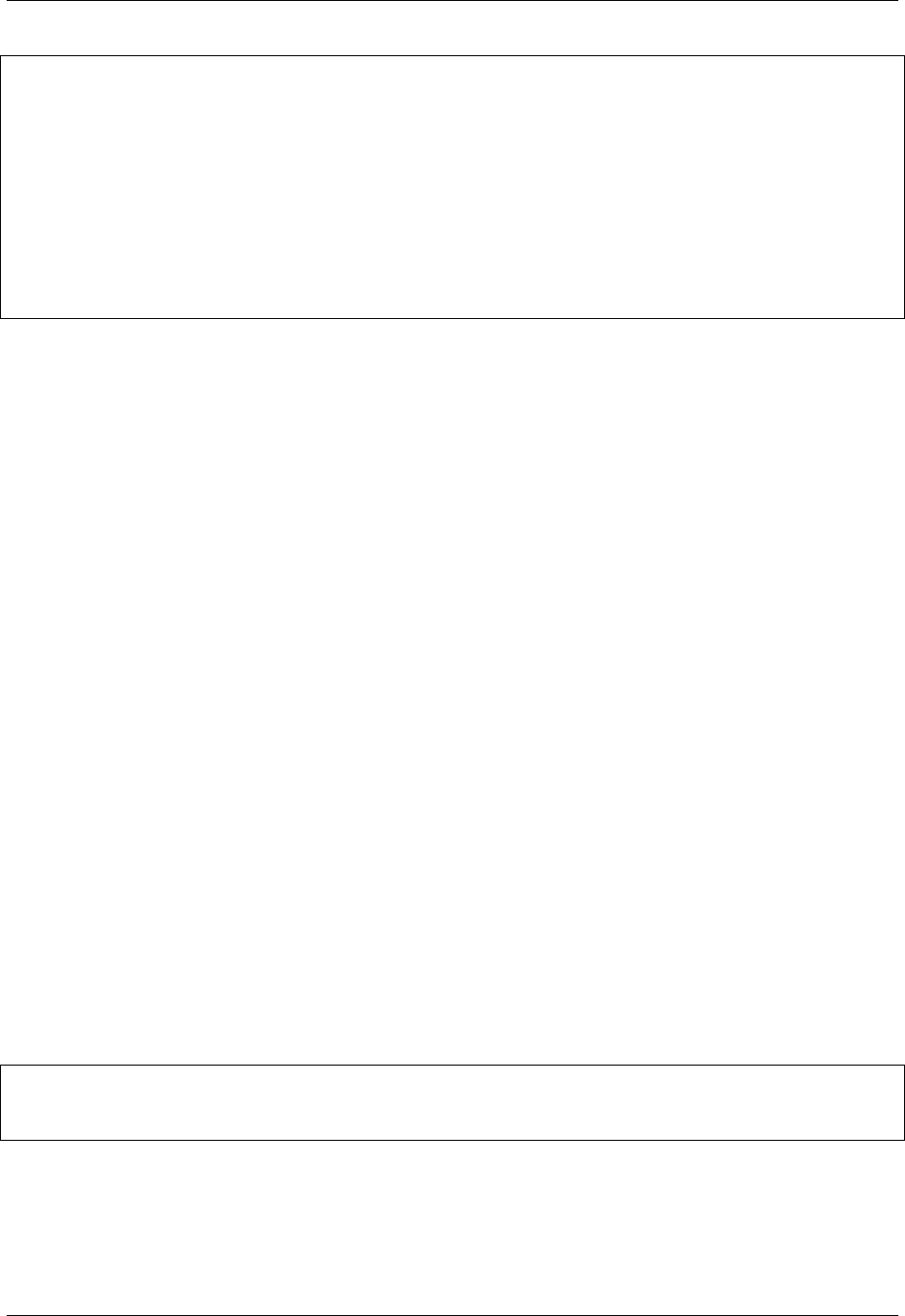
GeoServer User Manual, Release 2.15.1
from geoserver.wps import process
from geoscript.geom import Geometry
@process(
title='Buffer',
description='Buffers a geometry',
inputs={'geom': (Geometry, 'The geometry to buffer'),
'distance':(float,'The buffer distance')},
outputs={'result': (Geometry, 'The buffered geometry')}
)
def run(geom, distance):
return geom.buffer(distance);
GeoScript-PY
As mentioned previously GeoScript provides scripting apis for GeoTools in various languages. Naturally
the GeoServer Python extension comes with GeoScript Python enabled. In the buffer example above an
example of importing a GeoScript class was shown.
The GeoScript Python api is documented here.
API Reference
In much the same way as GeoScript provides a convenient scripting layer on top of GeoTools the Python
scripting extension provides a geoserver Python module that provides convenient access to some of the
GeoServer internals.
The GeoServer Python api is documented here.
JavaScript
The GeoServer scripting extension provides a number of scripting hooks that allow script authors to take
advantage of extension points in GeoServer.
Hooks
The App Hook
In JavaScript the app hook is based on JSGI which provides a common interface for JavaScript web appli-
cation development. The app script must export a function named app that accepts a request object and
returns a response object.
export.app =function(request) {
// handle the request and return a response
}
The function must be exported from a file named main.js in a named application directory. Application
directories live under the scripts/apps directory in the root of the data directory:
16.5. Scripting 1753
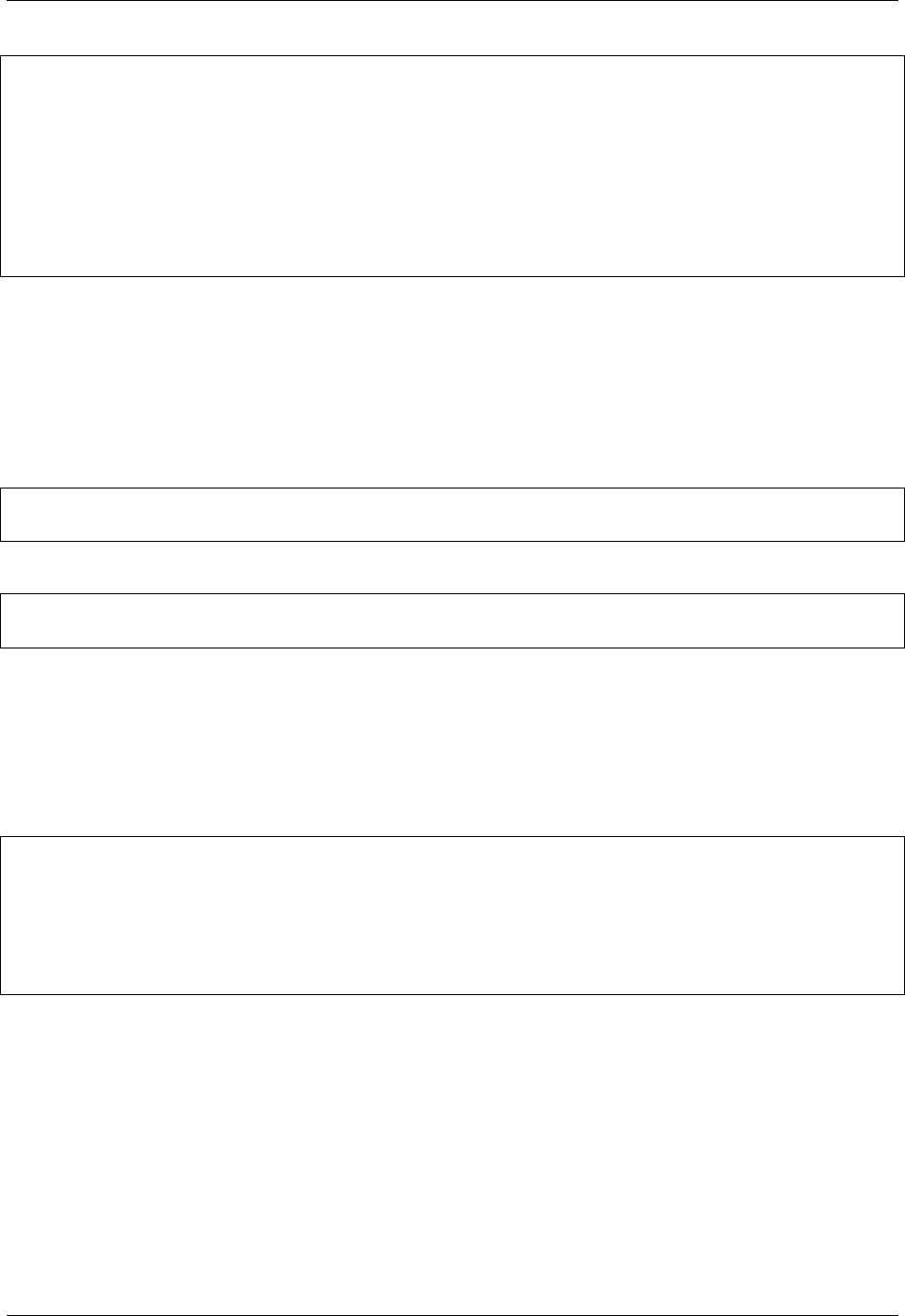
GeoServer User Manual, Release 2.15.1
GEOSERVER_DATA_DIR/
...
scripts/
apps/
app1/
main.js
...
app2/
main.js
...
The application is web accessible from the path /script/apps/{app} where {app} is the name of the
application. All requests that start with this path are dispatched to the app function in main.js.
Hello World Example
In this example a simple “Hello World” application is built. The first step is to create a directory for the app
named hello:
cd $GEOSERVER_DATA_DIR/scripts/apps
mkdir hello
Next step is to create the main.js file:
cd hello
touch main.js
Within the app function the following things will happen:
1. Report an HTTP status code of 200
2. Declare the content type of the response, in this case “text/plain”
3. Generate the body of response, in this case the string “Hello World”
This is accomplished with the following code:
export.app =function(request) {
return {
status:200,// step 1
headers:{"Content-Type":"text/plain"}, // step 2
body:["Hello World"]// step 3
};
};
The body of the response shown above is an array. In general, this can be any object with a forEach
method. In this way, an app can returned chunked content instead of returning the entire body content at
once.
The WPS Hook
In GeoScript JS, the geoscript/process module provides a Process constructor. A process object
wraps a function with a title, description, and additional metadata about the inputs and outputs. With
the GeoServer scripting extension, when a script exports a process, it is exposed in GeoServer via the WPS
interface.
1754 Chapter 16. Community modules
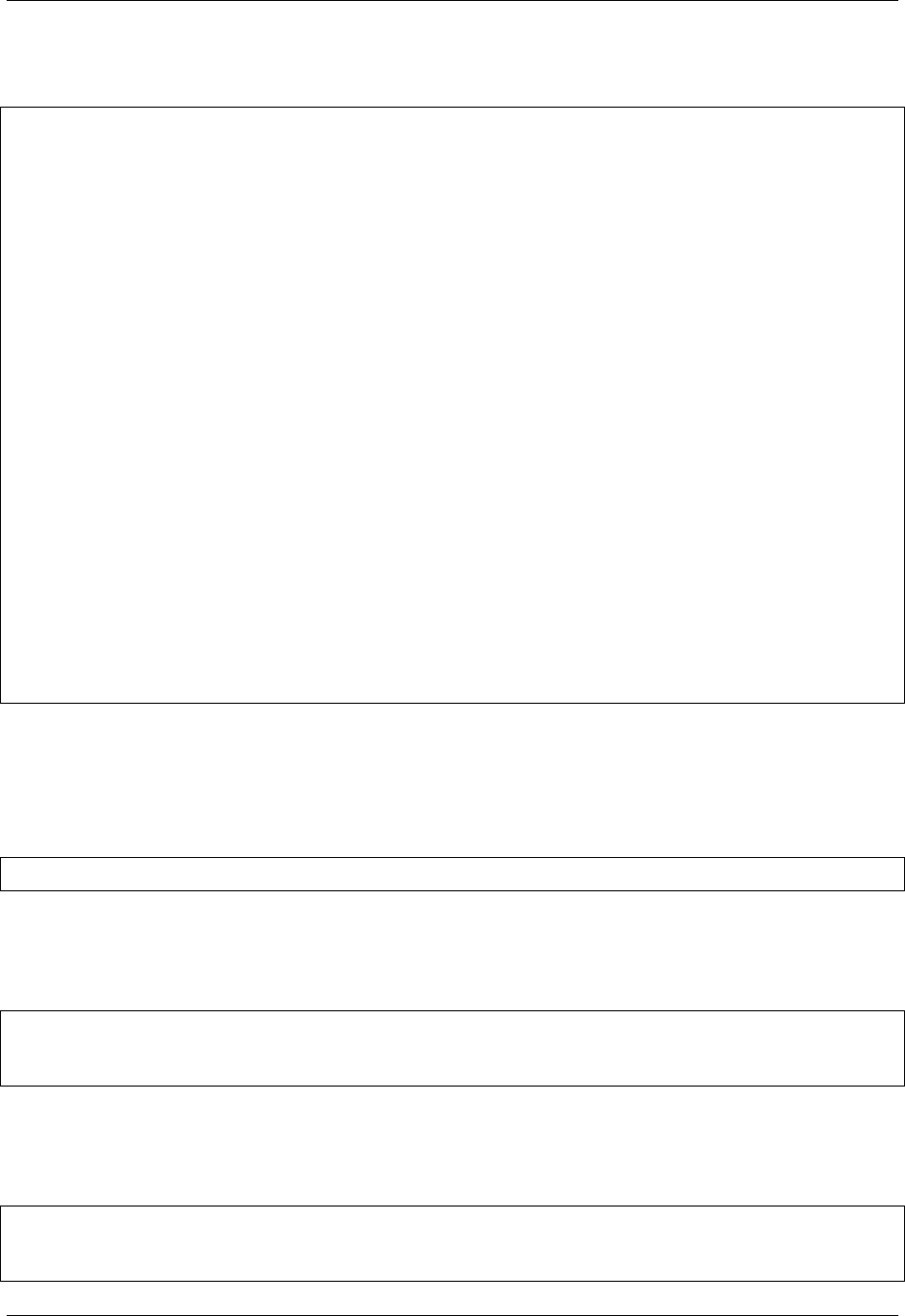
GeoServer User Manual, Release 2.15.1
To better understand how to construct a well described process, we’ll examine the parts of the previously
provided buffer.js script:
var Process =require("geoscript/process").Process;
exports.process =new Process({
title:"JavaScript Buffer Process",
description:"Process that buffers a geometry.",
inputs:{
geom:{
type:"Geometry",
title:"Input Geometry",
description:"The target geometry."
},
distance:{
type:"Double",
title:"Buffer Distance",
description:"The distance by which to buffer the geometry."
}
},
outputs:{
result:{
type:"Geometry",
title:"Result",
description:"The buffered geometry."
}
},
run:function(inputs) {
return {result:inputs.geom.buffer(inputs.distance)};
}
});
When this script is saved in the $GEOSERVER_DATA_DIR/scripts/wps directory, it will be available to
WPS clients with the identifier js:buffer. In general, the process identifier is the name of the script
prefixed by the language extension.
First, the require function is used to pull in the Process constructor from the geoscript/process
module:
var Process =require("geoscript/process").Process;
Next, a process is constructed and assigned to the process property of the exports object. This makes it
available to other JavaScript modules that may want to import this process with the require function in
addition to exposing the process to GeoServer’s WPS. The title and description provide WPS clients with
human readable information about what the process does.
exports.process =new Process({
title:"JavaScript Buffer Process",
description:"Process that buffers a geometry.",
All the work of a process is handled by the run method. Before clients can execute a process, they need
to know some detail about what to provide as input and what to expect as output. In general, processes
accept multiple inputs and may return multiple outputs. These are described by the process’ inputs and
outputs properties.
inputs:{
geom:{
type:"Geometry",
16.5. Scripting 1755
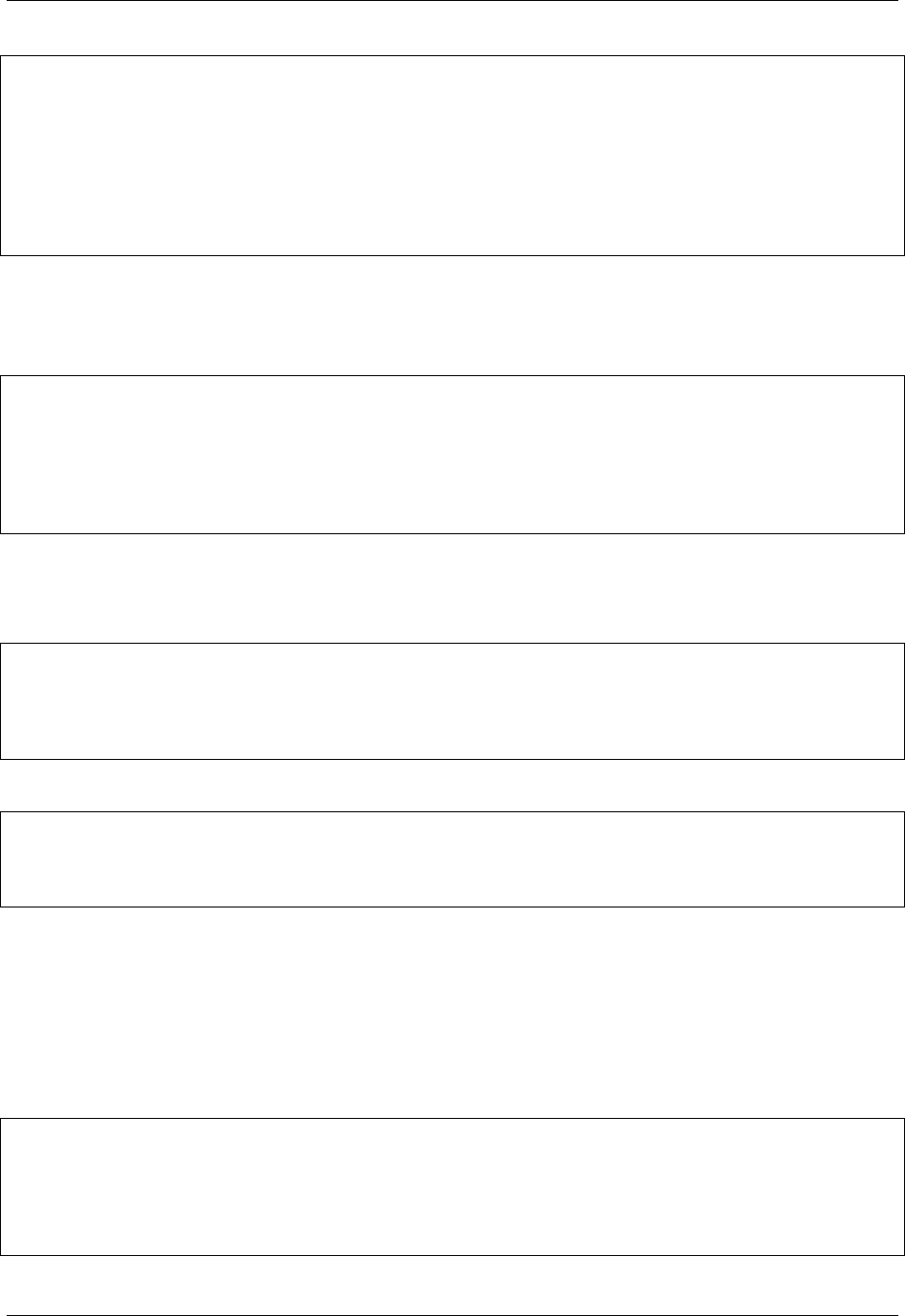
GeoServer User Manual, Release 2.15.1
title:"Input Geometry",
description:"The target geometry."
},
distance:{
type:"Double",
title:"Buffer Distance",
description:"The distance by which to buffer the geometry."
}
},
The buffer process expects two inputs, named geom and distance. As with the process itself, each of
these inputs has a human readable title and description that will be provided to WPS clients. The type
property is a shorthand string identifying the data type of the input. See the Process API docs for more
detail on supported input and output types.
outputs:{
result:{
type:"Geometry",
title:"Result",
description:"The buffered geometry."
}
},
The buffer process provides a single output identified as result. As with each of the inputs, this output is
described with type,title, and description properties.
To see what this process metadata looks like to a WPS client, call the WPS DescribeProcess method:
http://localhost:8080/geoserver/wps
?service=WPS
&version=1.0.0
&request=DescribeProcess
&identifier=js:buffer
Finally, the run method is provided.
run:function(inputs) {
return {result:inputs.geom.buffer(inputs.distance)};
}
});
The run method takes a single inputs argument. This object will have named properties corresponding
the the client provided inputs. In this case, the geom property is a Geometry object from the geoscript/
geom module. This geometry has a buffer method that is called with the provided distance. See the
Geometry API docs for more detail on available geometry properties and methods.
The run method returns an object with properties corresponding to the above described outputs - in this
case, just a single result property.
To see the results of this processs in action, call the WPS Execute method:
http://localhost:8080/geoserver/wps
?service=WPS
&version=1.0.0
&request=Execute
&identifier=js:buffer
&datainputs=geom=POINT(0 0)@mimetype=application/wkt;distance=10
1756 Chapter 16. Community modules
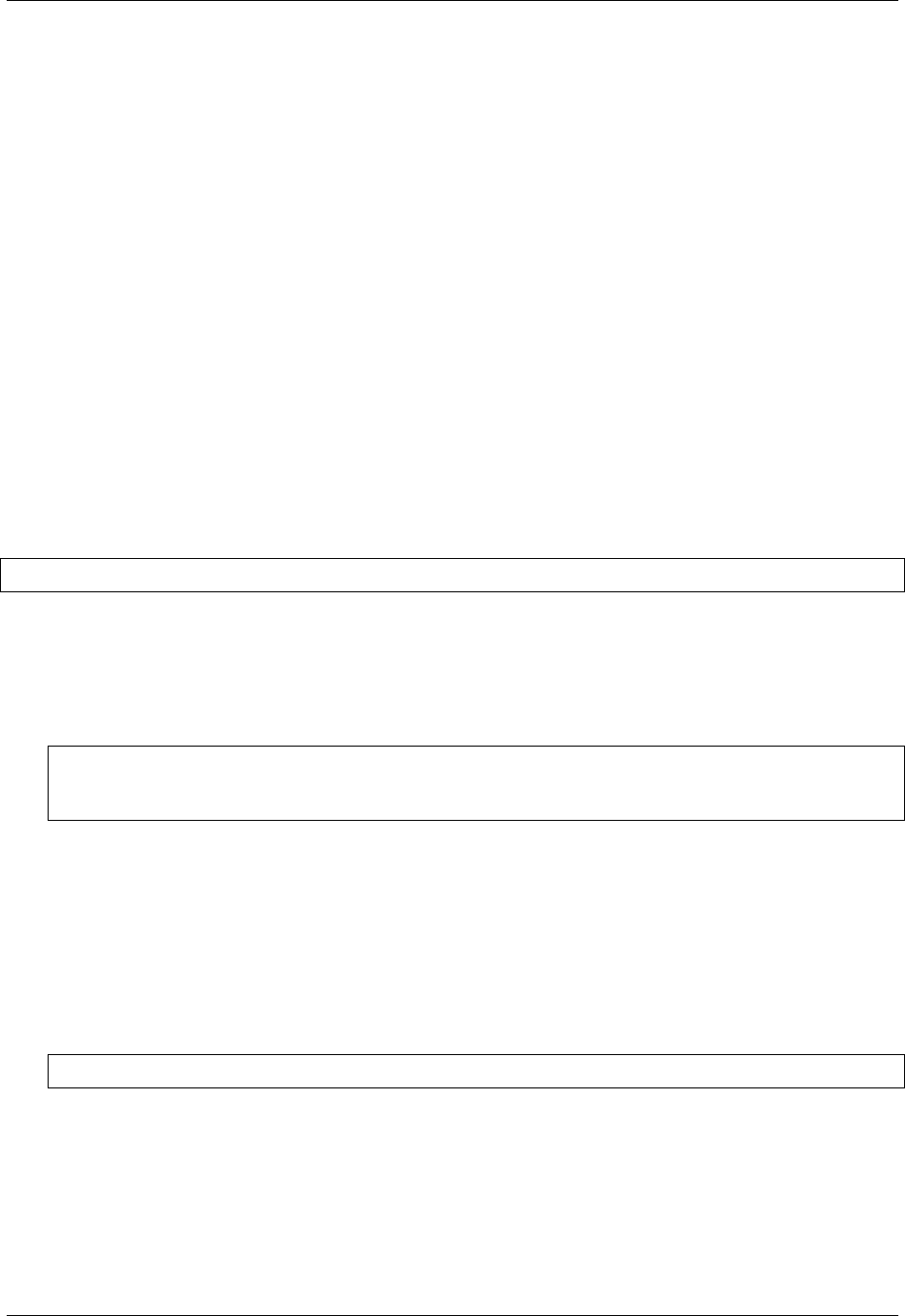
GeoServer User Manual, Release 2.15.1
GeoScript JS
To provide a JavaScript interface for data access and manipulation via GeoTools, the GeoServer scripting
extension includes the GeoScript JS library. To best leverage the scripting hooks in GeoServer, read through
the GeoScript JS API docs for detail on scripting access to GeoTools functionality with JavaScript.
GeoServer JavaScript Reference
In much the same way as GeoScript JS provides a convenient set of modules for scripting access to GeoTools,
the GeoServer scripting extension includes a geoserver JavaScript module that allows convenient access
to some of the GeoServer internals. See the GeoServer JavaScript API Documentation for more detail.
GeoServer JavaScript API Documentation
The scripting extension includes a geoserver/catalog module that allows scripts to access resources in
the GeoServer catalog.
The catalog module
var catalog =require("geoserver/catalog");
Properties
namespaces
Array A list of namespace objects. Namespaces have alias and uri properties.
catalog.namespaces.forEach(function(namespace) {
// do something with namespace.alias or namespace.uri
});
Methods
getVectorLayer(id)
Parameters id –String The fully qualified feature type identifier (e.g. “topp:states”)
Returns geoscript.layer.Layer
Access a feature type in the catalog as a GeoScript Layer.
var states =catalog.getVectorLayer("topp:states");
16.5.7 Scripting Rest API
Like other modules in GeoServer, you can add, update, read, and delete scripts using a restful interface.
16.5. Scripting 1757
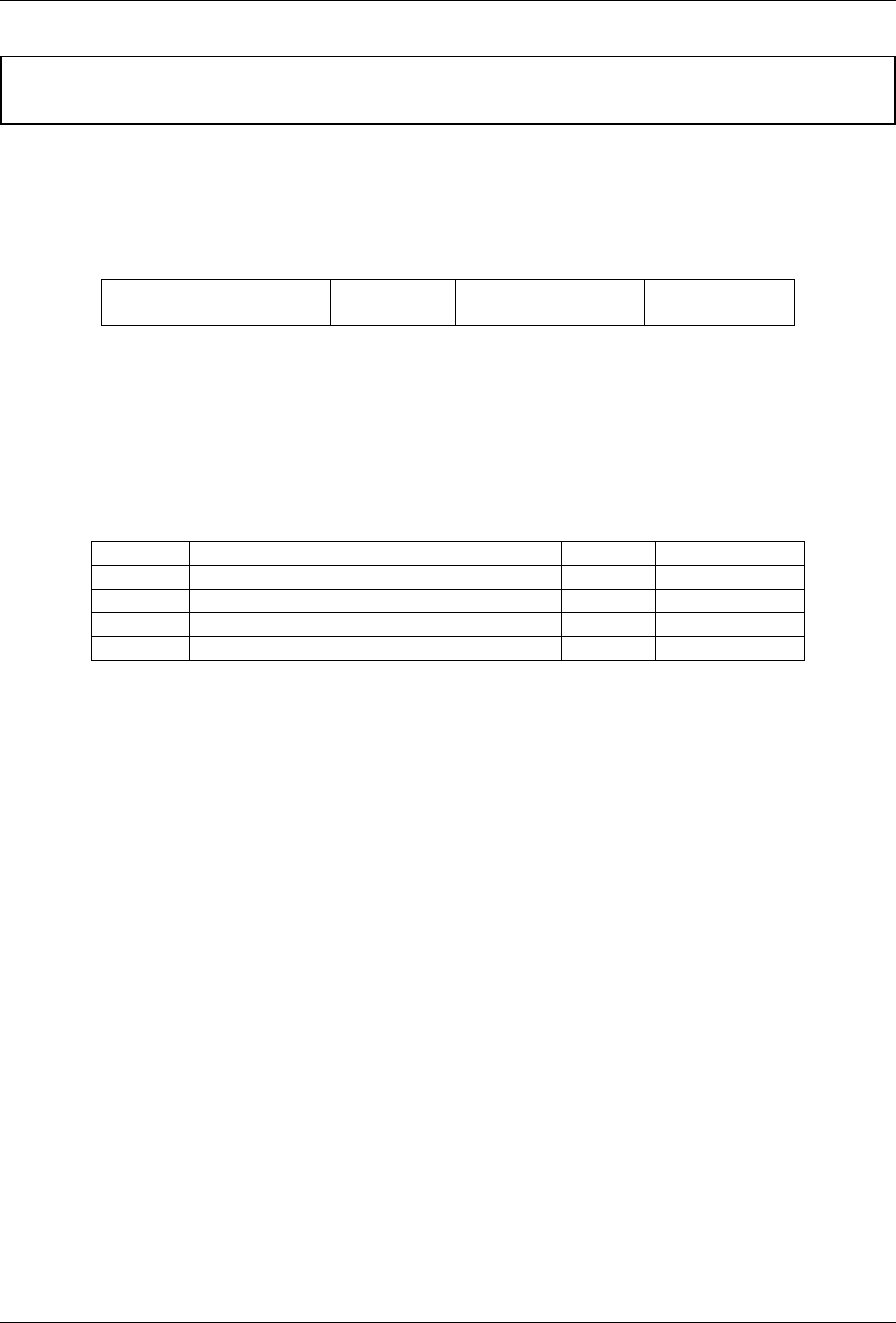
GeoServer User Manual, Release 2.15.1
Warning: The scripting rest API will not work until you have changed the GeoServer default admin
password.
WPS Scripts
/scripts/wps[.<format>]
Method Action Status code Formats Default Format
GET List all scripts 200 HTML, XML, JSON HTML
List WPS Scripts
curl -u username:password -XGET -H “Accept: text/xml” http://localhost:8080/geoserver/rest/scripts/wps
/scripts/wps/<script.ext>
Method Action Status code Formats Default Format
GET Get the contents of a script 200 Text Text
PUT Add a new script 200 Text Text
PUT Update an existing script 200 Text Text
DELETE Delete an existing script 200
Get a WPS Script
curl -u username:password -XGET -H “Accept: text/xml” http://localhost:8080/geoserver/rest/scripts/wps/buffer.groovy
Add a WPS Script
curl -u username:password -XPUT -H “Content-type: text/plain” –data-binary @buffer.groovy
http://localhost:8080/geoserver/rest/scripts/wps/buffer.groovy
Update a WPS Script
curl -u username:password -XPUT -H “Content-type: text/plain” –data-binary @buffer.groovy
http://localhost:8080/geoserver/rest/scripts/wps/buffer.groovy
Delete a WPS Script
curl -u username:password -XDELETE http://localhost:8080/geoserver/rest/scripts/wps/buffer.groovy
1758 Chapter 16. Community modules
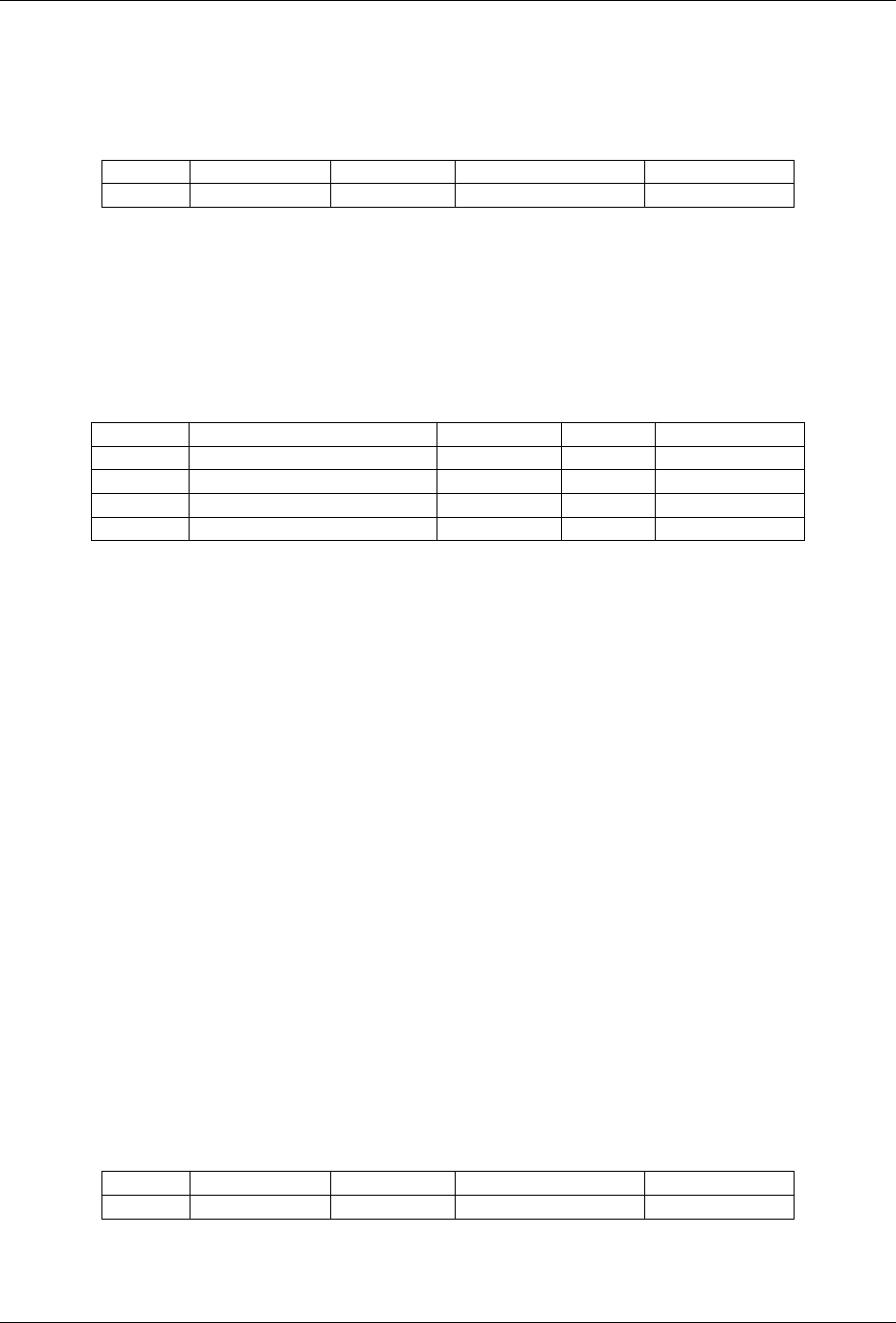
GeoServer User Manual, Release 2.15.1
Filter Function Scripts
/scripts/function[.<format>]
Method Action Status code Formats Default Format
GET List all scripts 200 HTML, XML, JSON HTML
List Function Scripts
curl -u username:password -XGET -H “Accept: text/xml” http://localhost:8080/geoserver/rest/scripts/function
/scripts/function/<script.ext>
Method Action Status code Formats Default Format
GET Get the contents of a script 200 Text Text
PUT Add a new script 200 Text Text
PUT Update an existing script 200 Text Text
DELETE Delete an existing script 200
Get a Function Script
curl -u username:password -XGET -H “Accept: text/xml” http://localhost:8080/geoserver/rest/scripts/function/bufferedCentroid.groovy
Add a Function Script
curl -u username:password -XPUT -H “Content-type: text/plain” –data-binary @bufferedCentroid.groovy
http://localhost:8080/geoserver/rest/scripts/function/bufferedCentroid.groovy
Update a Function Script
curl -u username:password -XPUT -H “Content-type: text/plain” –data-binary @bufferedCentroid.groovy
http://localhost:8080/geoserver/rest/scripts/function/bufferedCentroid.groovy
Delete a Function Script
curl -u username:password -XDELETE http://localhost:8080/geoserver/rest/scripts/function/bufferedCentroid.groovy
WFS Transaction Scripts
/scripts/wfs/tx[.<format>]
Method Action Status code Formats Default Format
GET List all scripts 200 HTML, XML, JSON HTML
16.5. Scripting 1759
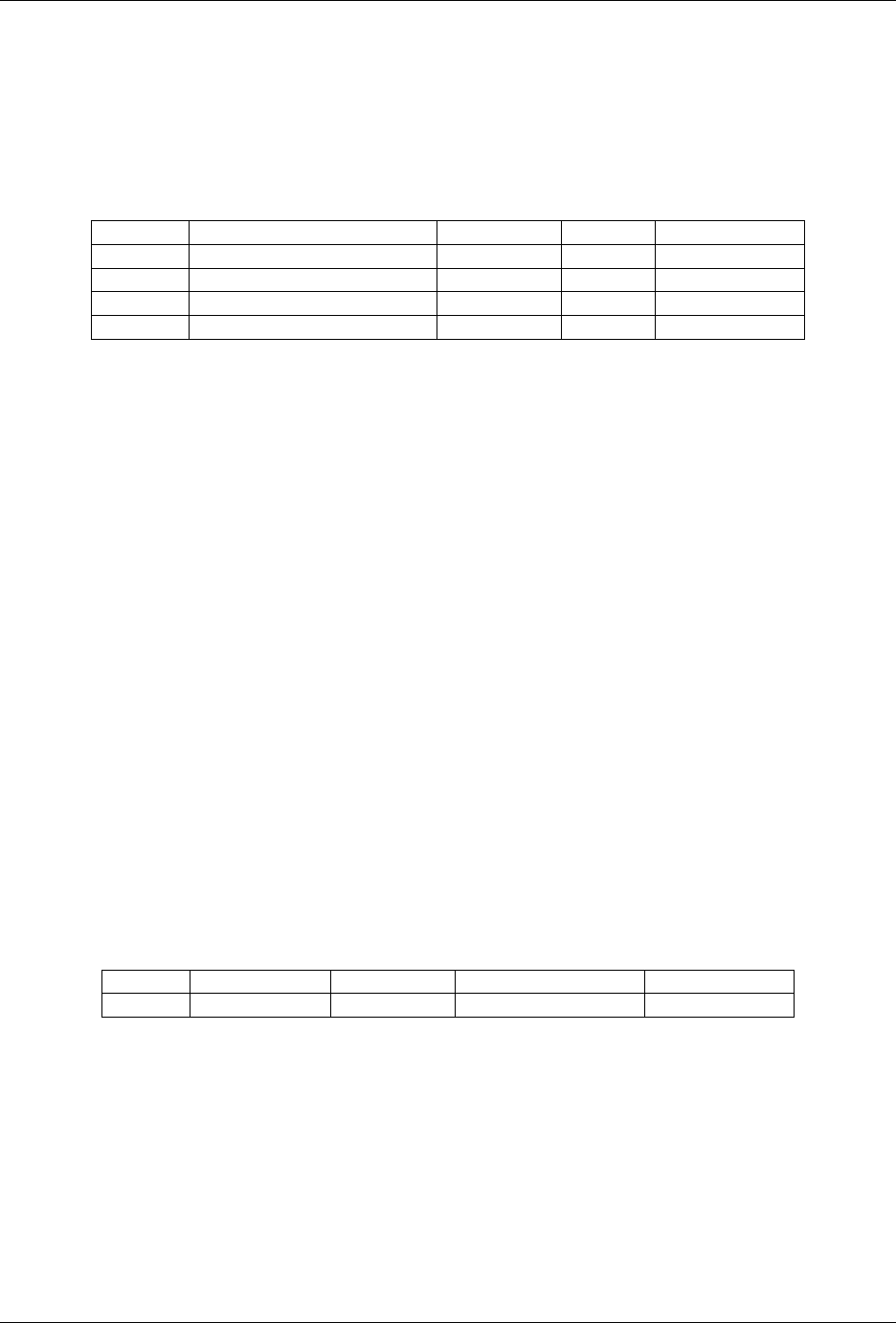
GeoServer User Manual, Release 2.15.1
List WFSTX Scripts
curl -u username:password -XGET -H “Accept: text/json” http://localhost:8080/geoserver/rest/scripts/wfs/tx
/scripts/wfs/tx/<script.ext>
Method Action Status code Formats Default Format
GET Get the contents of a script 200 Text Text
PUT Add a new script 200 Text Text
PUT Update an existing script 200 Text Text
DELETE Delete an existing script 200
Get a WFSTX Script
curl -u username:password -XGET -H “Accept: text/xml” http://localhost:8080/geoserver/rest/scripts/wfs/tx/check.groovy
Add a WFSTX Script
curl -u username:password -XPUT -H “Content-type: text/plain” –data-binary @check.groovy
http://localhost:8080/geoserver/rest/scripts/wfs/tx/check.groovy
Update a WFSTX Script
curl -u username:password -XPUT -H “Content-type: text/plain” –data-binary @check.groovy
http://localhost:8080/geoserver/rest/scripts/wfs/tx/check.groovy
Delete a WFSTX Script
curl -u username:password -XDELETE http://localhost:8080/geoserver/rest/scripts/wfs/tx/check.groovy
Application Scripts
/scripts/apps/[.<format>]
Method Action Status code Formats Default Format
GET List all scripts 200 HTML, XML, JSON HTML
List App
curl -u username:password -XGET -H “Accept: text/xml” http://localhost:8080/geoserver/rest/scripts/apps
1760 Chapter 16. Community modules
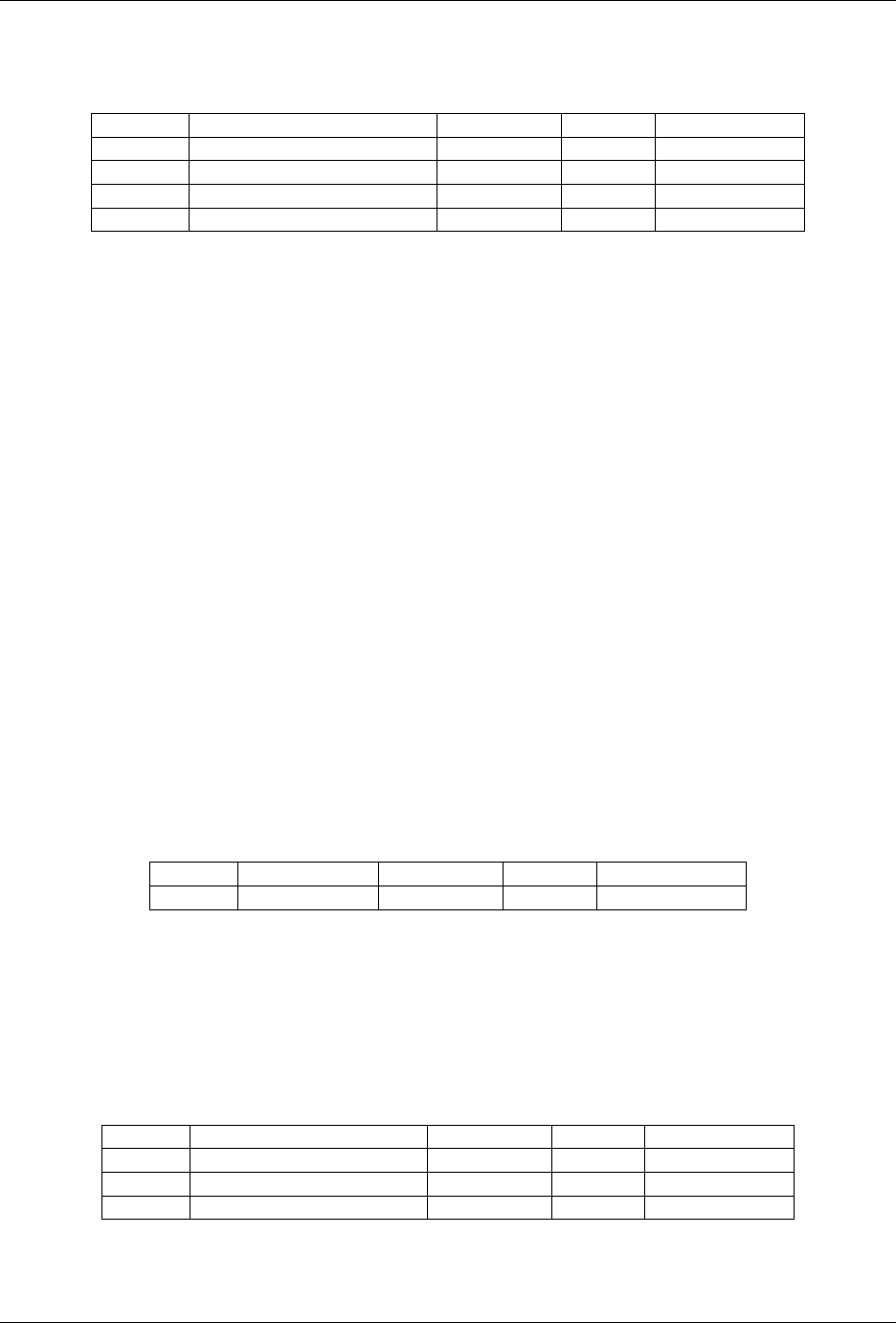
GeoServer User Manual, Release 2.15.1
/scripts/apps/<name>/main.<ext>
Method Action Status code Formats Default Format
GET Get the contents of a script 200 Text Text
PUT Add a new script 200 Text Text
PUT Update an existing script 200 Text Text
DELETE Delete an existing script 200
Get an App
curl -u username:password -XGET -H “Accept: text/xml” http://localhost:8080/geoserver/rest/scripts/apps/buffer/main.groovy
Add a App Script
curl -u username:password -XPUT -H “Content-type: text/plain” –data-binary @app_buffer.groovy
http://localhost:8080/geoserver/rest/scripts/apps/buffer/main.groovy
Update a App Script
curl -u username:password -XPUT -H “Content-type: text/plain” –data-binary @app_buffer.groovy
http://localhost:8080/geoserver/rest/scripts/apps/buffer/main.groovy
Delete a Add Script
curl -u username:password -XDELETE http://localhost:8080/geoserver/rest/scripts/apps/buffer/main.groovy
Scripting Sessions
/scripts/sessions[.<format>]
Method Action Status code Formats Default Format
GET List all scripts 200 JSON JSON
List Scripting Sessions
curl -u username:password -XGET -H “Accept: text/json” http://localhost:8080/geoserver/rest/sessions
/scripts/sessions/<language>/<id>
Method Action Status code Formats Default Format
GET Get the scripting session 200 JSON JSON
POST Create a scripting session 200 TEXT TExT
PUT Run a script 200 Text Text
16.5. Scripting 1761
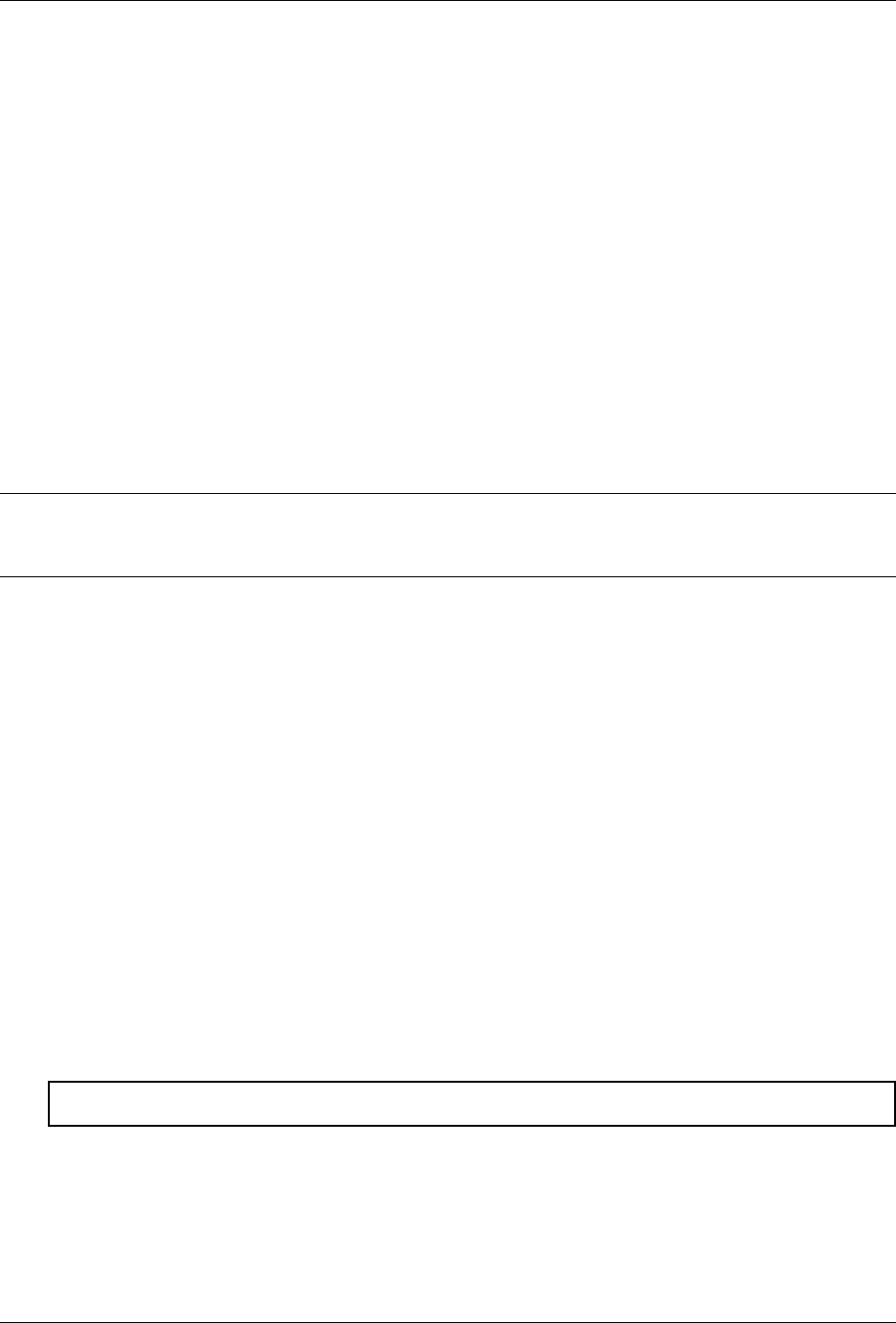
GeoServer User Manual, Release 2.15.1
Get a Scripting Session
curl -u username:password -XGET -H “Accept: text/json” http://localhost:8080/geoserver/rest/sessions/groovy/0
Create a Scripting Session
curl -u username:password -XPOST http://localhost:8080/geoserver/rest/sessions/groovy
Run a Script in a Session
curl -u username:password -XPUT –data-binary @script.groovy http://localhost:8080/geoserver/rest/sessions/groovy/0
16.6 SpatiaLite
SpatiaLite is the spatial extension of the popular SQLite embedded relational database.
Note: GeoServer does not come built-in with support for SpatiaLite; it must be installed through an ex-
tension. Furthermore it requires that additional native libraries be available on the system. Proceed to
Installing the SpatiaLite extension for installation details.
16.6.1 SpatiaLite version
The GeoServer SpatiaLite extension includes its own versions of SQLite (3.7.2) and SpatiaLite (2.4.0) and
therefore these libraries need not be installed on the system in order to use the extension. However this
internal version of SpatiaLite is compiled against the PROJ and GEOS libraries so they must be installed on
the system in order for the extension to function. See Native Libraries for more details.
16.6.2 Supported platforms
This extension is supported for Windows, Linux, and Mac OS X. Both 32-bit and 64-bit platforms are sup-
ported. For Mac OS X only Intel based machines are supported (ie. not PowerPC).
16.6.3 Installing the SpatiaLite extension
1. Download the SpatiaLite extension from the nightly GeoServer community module builds.
Warning: Make sure to match the version of the extension to the version of the GeoServer instance.
2. Extract the contents of the archive into the WEB-INF/lib directory of the GeoServer installation.
3. Ensure the native library dependencies are satisfied.
1762 Chapter 16. Community modules
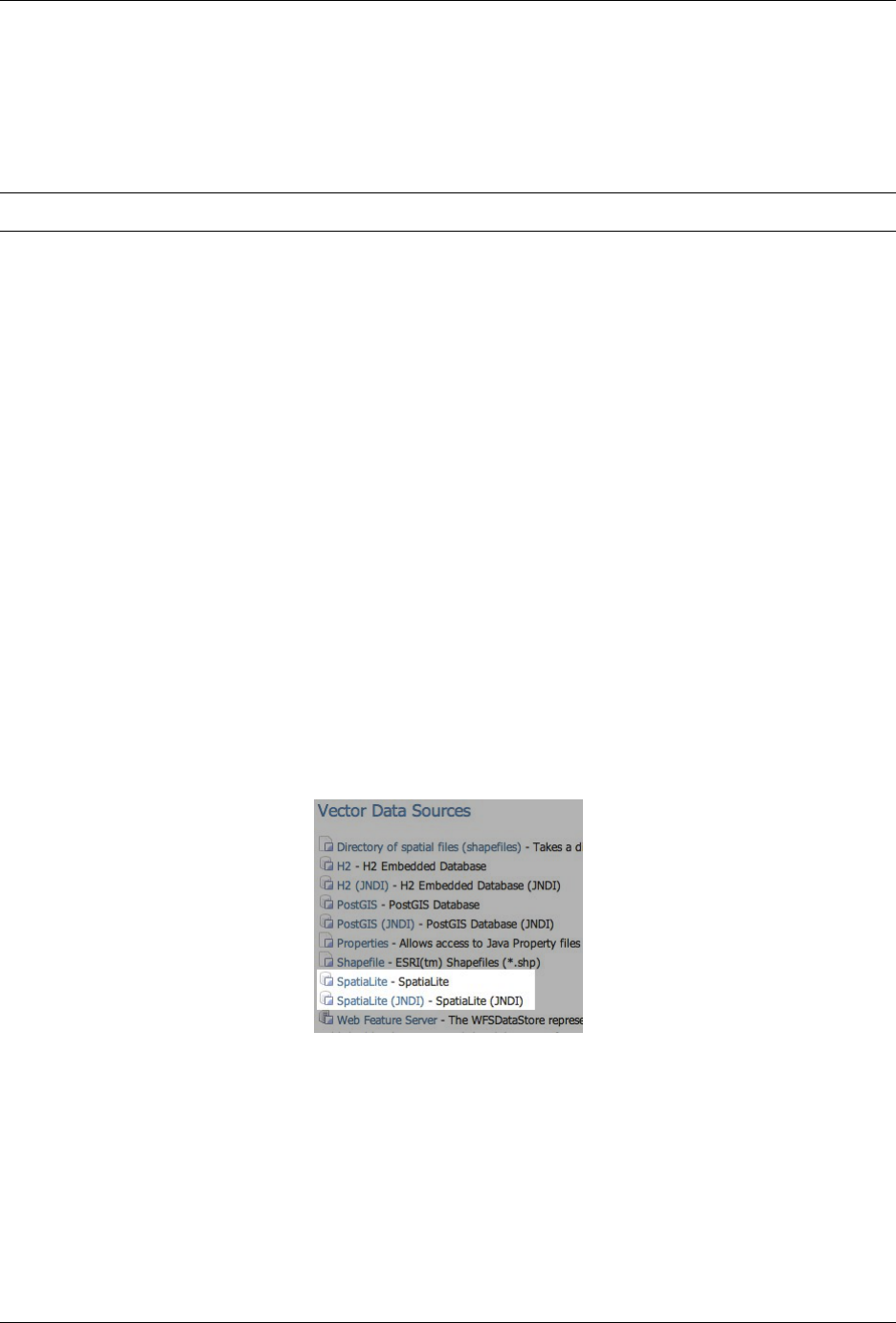
GeoServer User Manual, Release 2.15.1
16.6.4 Native Libraries
The version of SpatiaLite included in the extension is compiled against the GEOS and PROJ libraries so
they must be installed on the system. If the libraries are not installed on the system the extension will not
functionand remain disabled.
Note: Pre-compiled libraries are available for the following platforms and can be found here.
In general if the libraries are installed in a “default” location then they should be picked up by java with no
problem. However some systems will require further configuration that differs based on operating system.
Windows
The DLL’s must be copied into the C:\WINDOWS\system32 directory.
Linux
If the libraries are not installed in a default search location like /usr/lib then the LD_LIBRARY_PATH
environment variable must be set and visible to Java.
Mac OS X
Same as Linux except that the DYLD_LIBRARY_PATH environment variable is used.
16.6.5 Adding a SpatiaLite database
Once the extension is properly installed SpatiaLite will show up as an option when creating a new data
store.
Fig. 16.1: SpatiaLite in the list of vector data sources
16.6. SpatiaLite 1763
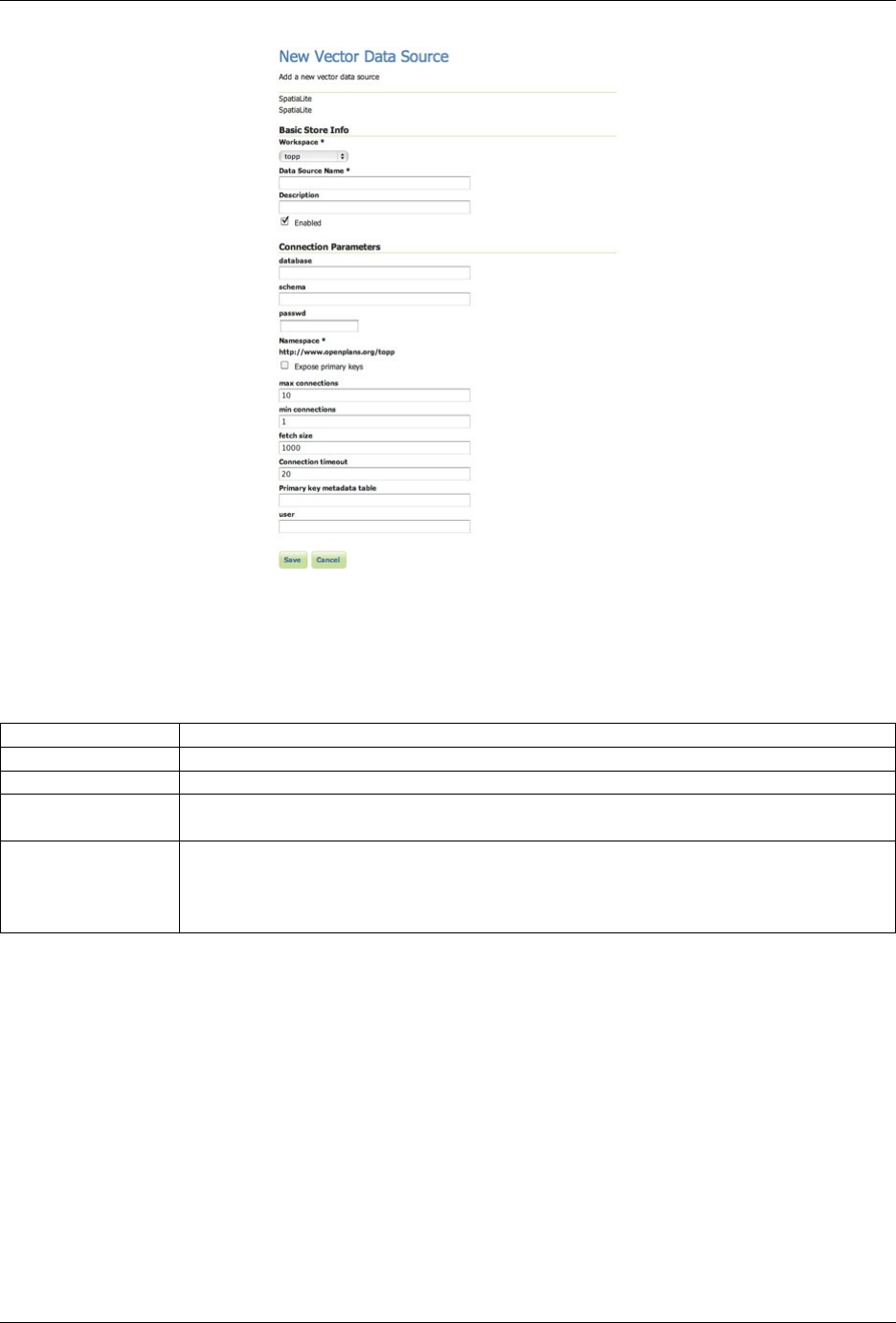
GeoServer User Manual, Release 2.15.1
Fig. 16.2: Configuring a SpatiaLite data store
16.6.6 Configuring a SpatiaLite data store
database The name of the database to connect to. See notes below.
schema The database schema to access tables from. Optional.
user The name of the user to connect to the database as. Optional.
password The password to use when connecting to the database. Optional, leave blank for
no password.
max
connections
min
connections
Connection pool configuration parameters. See the Database Connection Pooling sec-
tion for details.
The database parameter may be specified as an absolute path or a relative one. When specified as a rel-
ative path the database will created in the spatialite directory, located directly under the root of the
GeoServer data directory.
16.7 Dynamic colormap generation
ras:DynamicColorMap is a Raster-to-Raster rendering transformation which applies a dynamic color
map to a Raster on top of its statistics and a set of colors.
16.7.1 Installing the dynamic colormap community extension
1. Download the extension from the nightly GeoServer community module builds.
1764 Chapter 16. Community modules
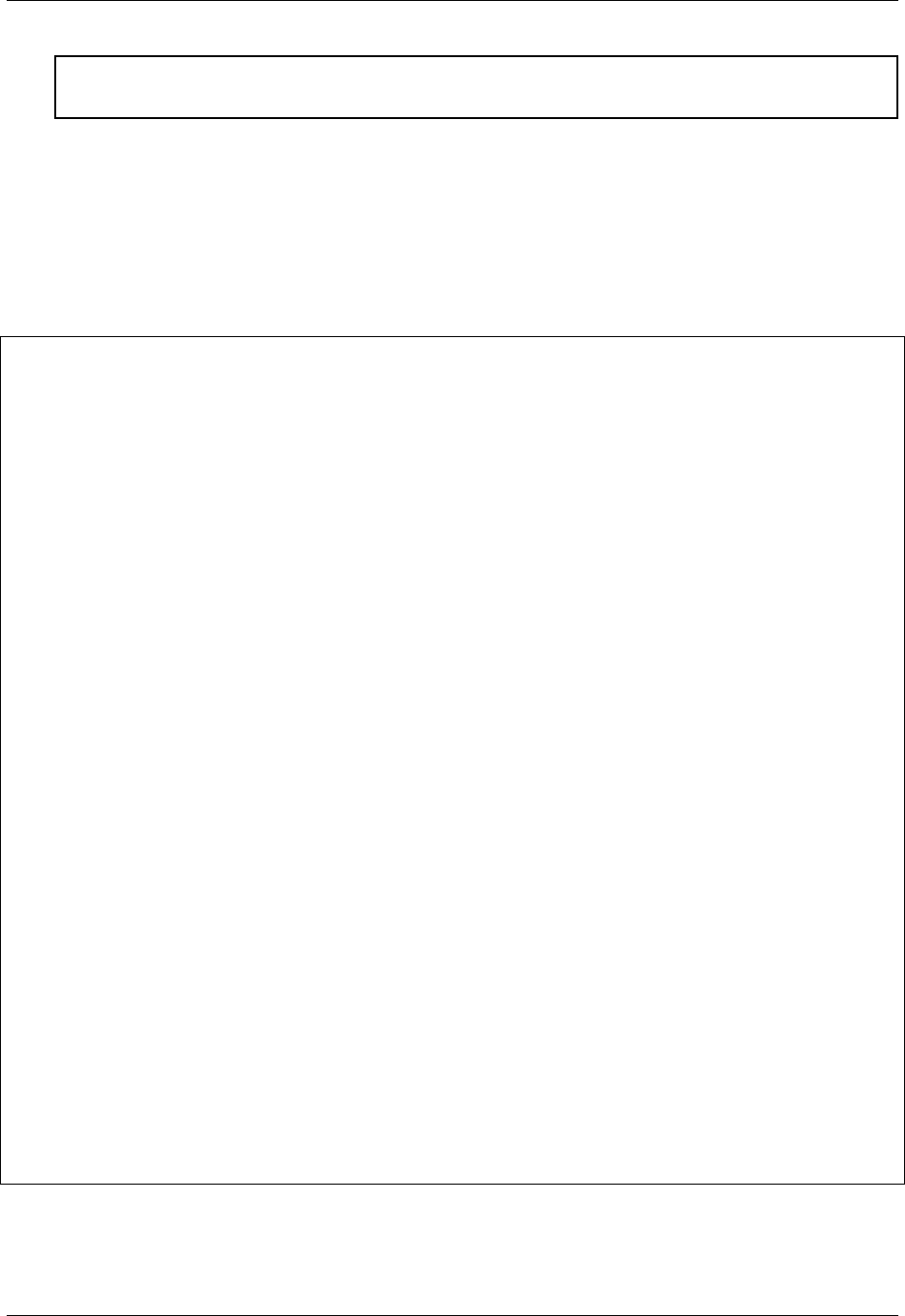
GeoServer User Manual, Release 2.15.1
Warning: Make sure to match the version of the extension to the version of the GeoServer in-
stance!
2. Extract the contents of the archive into the WEB-INF/lib directory of the GeoServer installation.
16.7.2 Usage
The following SLD invokes a Dynamic Color Map rendering transformation on a Coverage using col-
orMaps created on top of QuantumGIS SVG files. Dynamic Color Map Rendering Transformation takes
data as first parameter (the coverage) and ColorRamp as second parameter which is a colorMap.
1<?xml version="1.0" encoding="ISO-8859-1"?>
2<StyledLayerDescriptor version="1.0.0"
3xsi:schemaLocation="http://www.opengis.net/sld StyledLayerDescriptor.xsd"
4xmlns="http://www.opengis.net/sld"
5xmlns:ogc="http://www.opengis.net/ogc"
6xmlns:xlink="http://www.w3.org/1999/xlink"
7xmlns:xsi="http://www.w3.org/2001/XMLSchema-instance">
8<NamedLayer>
9<Name>DynamicColorMap</Name>
10 <UserStyle>
11 <Title>DynamicColorMap</Title>
12 <Abstract>A DynamicColorMap</Abstract>
13 <FeatureTypeStyle>
14 <Transformation>
15 <ogc:Function name="ras:DynamicColorMap">
16 <ogc:Function name="parameter">
17 <ogc:Literal>data</ogc:Literal>
18 </ogc:Function>
19 <ogc:Function name="parameter">
20 <ogc:Literal>colorRamp</ogc:Literal>
21 <ogc:Function name="colormap">
22 <ogc:Literal>gmt\GMT_panoply</ogc:Literal>
23 <ogc:Function name="gridCoverageStats"><ogc:Literal>minimum</
,→ogc:Literal></ogc:Function>
24 <ogc:Function name="gridCoverageStats"><ogc:Literal>maximum</
,→ogc:Literal></ogc:Function>
25 </ogc:Function>
26 </ogc:Function>
27 </ogc:Function>
28 </Transformation>
29 <Rule>
30 <Name>rule1</Name>
31 <RasterSymbolizer>
32 <Opacity>1.0</Opacity>
33 </RasterSymbolizer>
34 </Rule>
35 </FeatureTypeStyle>
36 </UserStyle>
37 </NamedLayer>
38 </StyledLayerDescriptor>
Key aspects of the SLD are:
•Lines 14-15 define the rendering transformation, using the process ras:DynamicColorMap.
16.7. Dynamic colormap generation 1765
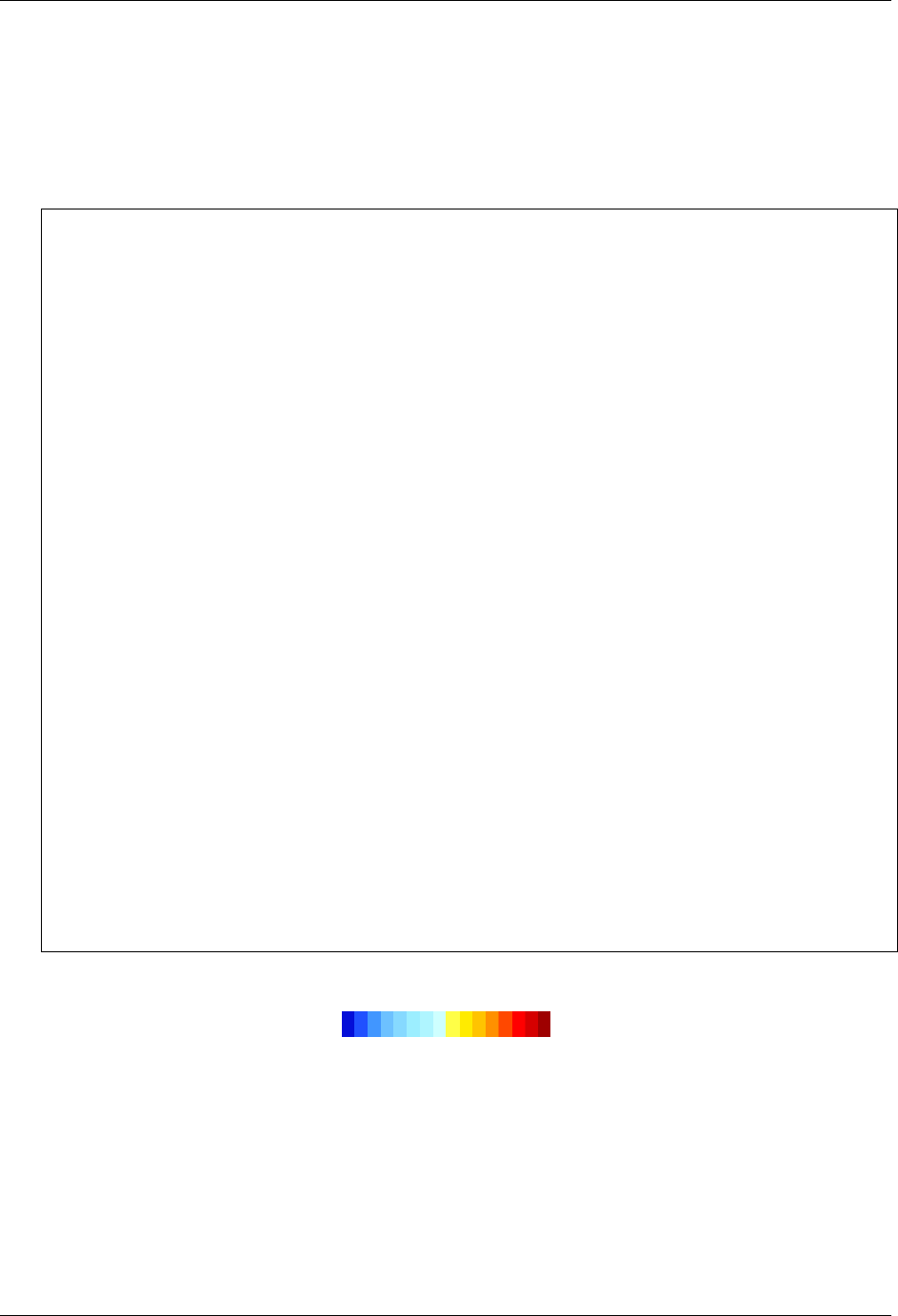
GeoServer User Manual, Release 2.15.1
•Lines 16-18 supply the input data parameter, named data in this process.
•Lines 19-21 supply a value for the process’s colorRamp parameter which specifies a colorMap.
•Lines 22-23 supply the value for the colorMap parameter. In this case it’s a reference to a SVG
containing a LinearGradient definition.
A sample of QuantumGIS SVG LinearGradient subelement is:
<linearGradient id="GMT_panoply" gradientUnits="objectBoundingBox" spreadMethod=
,→"pad" x1="0%" x2="100%" y1="0%" y2="0%">
<stop offset="0.00%" stop-color="rgb(4,14,216)" stop-opacity="1.0000"/>
<stop offset="6.25%" stop-color="rgb(4,14,216)" stop-opacity="1.0000"/>
<stop offset="6.25%" stop-color="rgb(32,80,255)" stop-opacity="1.0000"/>
<stop offset="12.50%" stop-color="rgb(32,80,255)" stop-opacity="1.0000"/>
<stop offset="12.50%" stop-color="rgb(65,150,255)" stop-opacity="1.0000"/>
<stop offset="18.75%" stop-color="rgb(65,150,255)" stop-opacity="1.0000"/>
<stop offset="18.75%" stop-color="rgb(109,193,255)" stop-opacity="1.0000"/>
<stop offset="25.00%" stop-color="rgb(109,193,255)" stop-opacity="1.0000"/>
<stop offset="25.00%" stop-color="rgb(134,217,255)" stop-opacity="1.0000"/>
<stop offset="31.25%" stop-color="rgb(134,217,255)" stop-opacity="1.0000"/>
<stop offset="31.25%" stop-color="rgb(156,238,255)" stop-opacity="1.0000"/>
<stop offset="37.50%" stop-color="rgb(156,238,255)" stop-opacity="1.0000"/>
<stop offset="37.50%" stop-color="rgb(175,245,255)" stop-opacity="1.0000"/>
<stop offset="43.75%" stop-color="rgb(175,245,255)" stop-opacity="1.0000"/>
<stop offset="43.75%" stop-color="rgb(206,255,255)" stop-opacity="1.0000"/>
<stop offset="50.00%" stop-color="rgb(206,255,255)" stop-opacity="1.0000"/>
<stop offset="50.00%" stop-color="rgb(255,254,71)" stop-opacity="1.0000"/>
<stop offset="56.25%" stop-color="rgb(255,254,71)" stop-opacity="1.0000"/>
<stop offset="56.25%" stop-color="rgb(255,235,0)" stop-opacity="1.0000"/>
<stop offset="62.50%" stop-color="rgb(255,235,0)" stop-opacity="1.0000"/>
<stop offset="62.50%" stop-color="rgb(255,196,0)" stop-opacity="1.0000"/>
<stop offset="68.75%" stop-color="rgb(255,196,0)" stop-opacity="1.0000"/>
<stop offset="68.75%" stop-color="rgb(255,144,0)" stop-opacity="1.0000"/>
<stop offset="75.00%" stop-color="rgb(255,144,0)" stop-opacity="1.0000"/>
<stop offset="75.00%" stop-color="rgb(255,72,0)" stop-opacity="1.0000"/>
<stop offset="81.25%" stop-color="rgb(255,72,0)" stop-opacity="1.0000"/>
<stop offset="81.25%" stop-color="rgb(255,0,0)" stop-opacity="1.0000"/>
<stop offset="87.50%" stop-color="rgb(255,0,0)" stop-opacity="1.0000"/>
<stop offset="87.50%" stop-color="rgb(213,0,0)" stop-opacity="1.0000"/>
<stop offset="93.75%" stop-color="rgb(213,0,0)" stop-opacity="1.0000"/>
<stop offset="93.75%" stop-color="rgb(158,0,0)" stop-opacity="1.0000"/>
<stop offset="100.00%" stop-color="rgb(158,0,0)" stop-opacity="1.0000"/>
</linearGradient>
Which should be rendered like this:
•Lines 24 supplies the minimum parameter which is determined through a FilterFunction which takes
the minimum value from the GridCoverage statistics,
•Lines 25 supplies the maximum parameter which is determined through a FilterFunction which takes
the maximum value from the GridCoverage statistics,
The resulting image may look like this (you may note the STEPs across colors due to color intervals):
Using an GMT_drywet SVG, the resulting image may look like this, which uses a smoother color
ramp:
1766 Chapter 16. Community modules
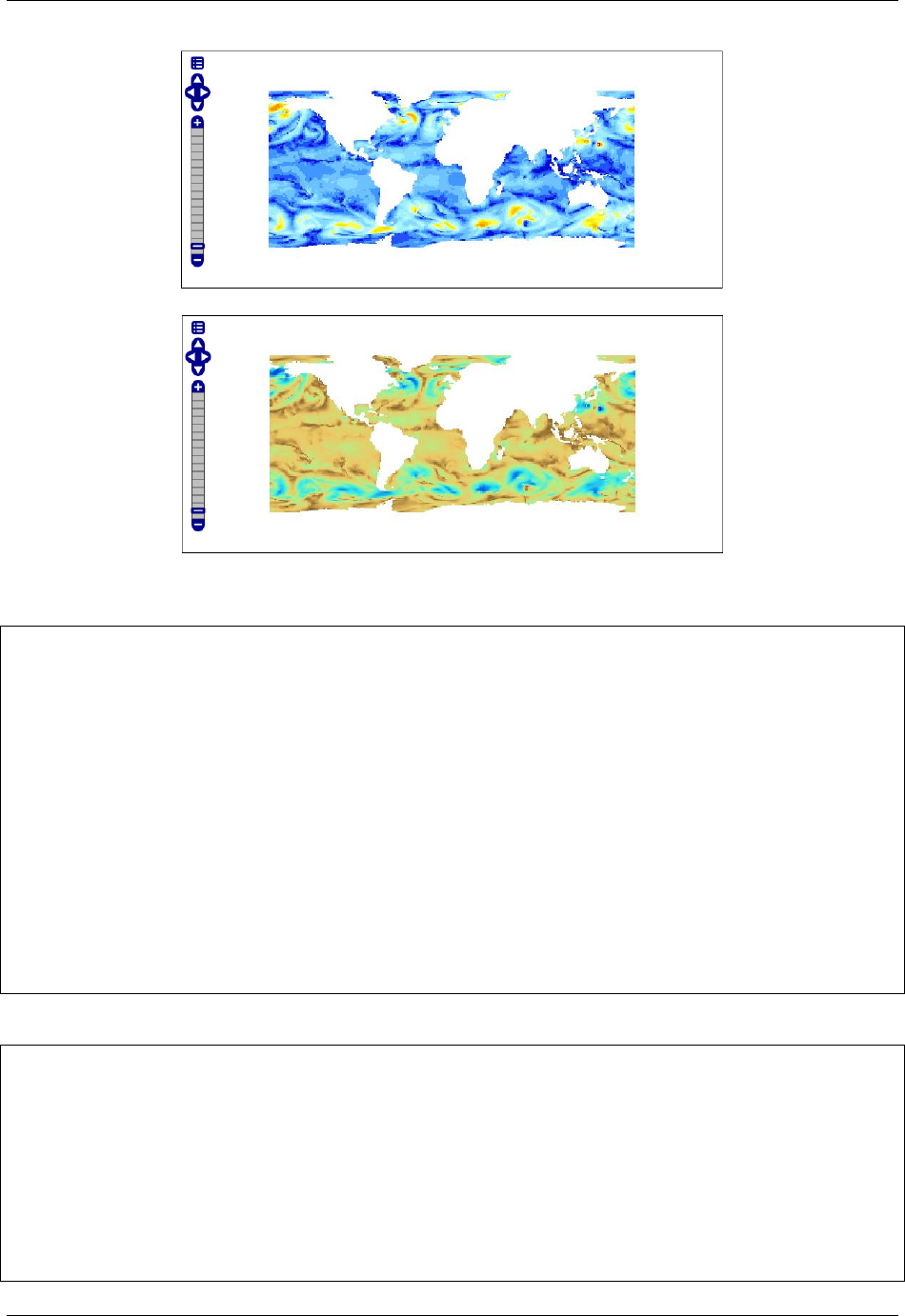
GeoServer User Manual, Release 2.15.1
Alternatively, a ColorMap may be specified this way:
..........
<ogc:Function name="ras:DynamicColorMap">
<ogc:Function name="parameter">
<ogc:Literal>data</ogc:Literal>
</ogc:Function>
<ogc:Function name="parameter">
<ogc:Literal>colorRamp</ogc:Literal>
<ogc:Function name="colormap">
<ogc:Literal>#0000FF;#00FF00;#FF0000</ogc:Literal>
<ogc:Function name="gridCoverageStats"><ogc:Literal>minimum</
,→ogc:Literal></ogc:Function>
<ogc:Function name="gridCoverageStats"><ogc:Literal>maximum</
,→ogc:Literal></ogc:Function>
</ogc:Function>
</ogc:Function>
</ogc:Function>
...........
or
..........
<ogc:Function name="ras:DynamicColorMap">
<ogc:Function name="parameter">
<ogc:Literal>data</ogc:Literal>
</ogc:Function>
<ogc:Function name="parameter">
<ogc:Literal>colorRamp</ogc:Literal>
<ogc:Function name="colormap">
<ogc:Literal>rgb(0,0,255);rgb(0,255,0);rgb(255,0,0)</ogc:Literal>
<ogc:Function name="gridCoverageStats"><ogc:Literal>minimum</
,→ogc:Literal></ogc:Function>
16.7. Dynamic colormap generation 1767
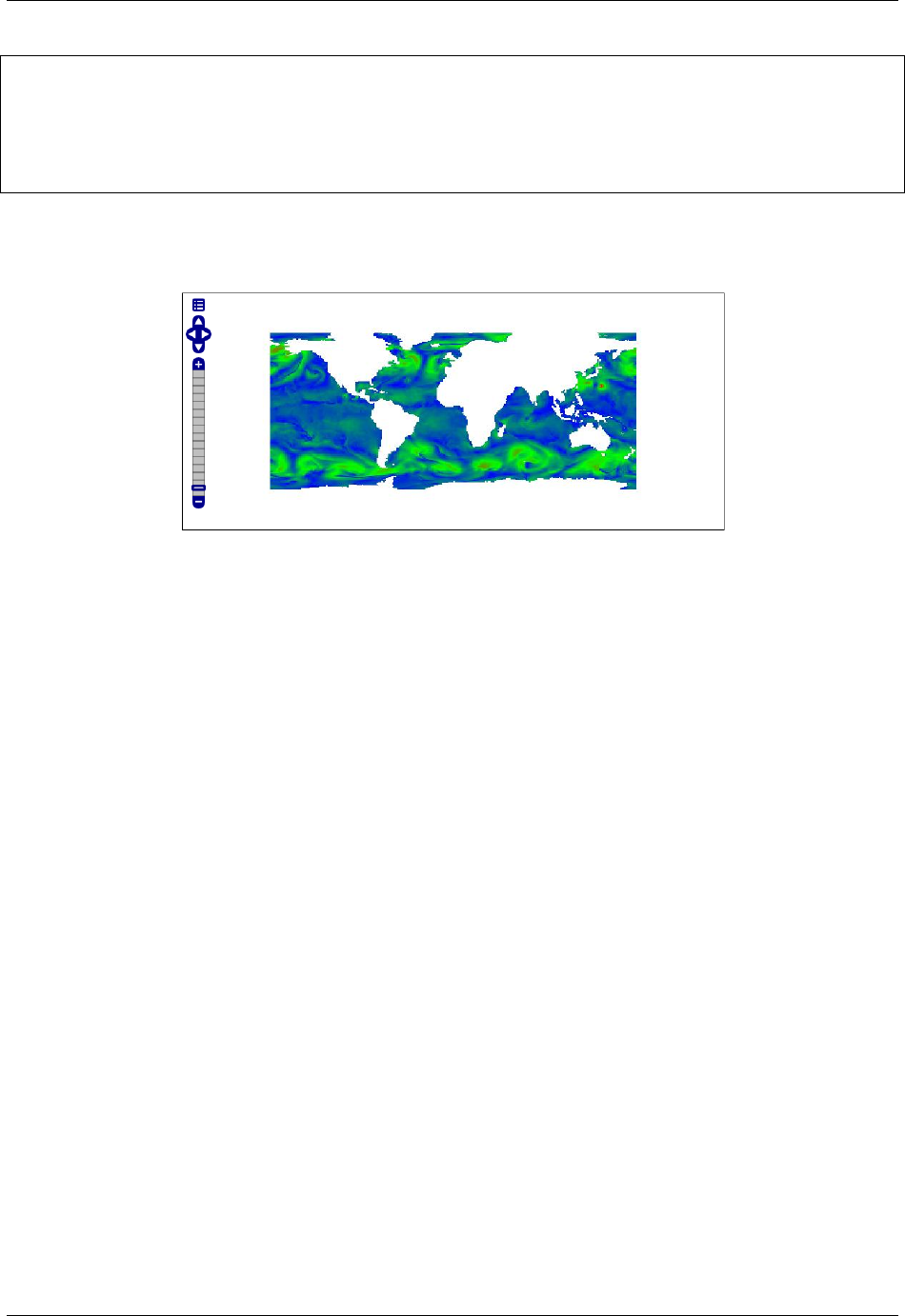
GeoServer User Manual, Release 2.15.1
<ogc:Function name="gridCoverageStats"><ogc:Literal>maximum</
,→ogc:Literal></ogc:Function>
</ogc:Function>
</ogc:Function>
</ogc:Function>
...........
In these cases a RAMP will be used with the indicated colors.
The resulting image may look like this:
16.7.3 DynamicColorMap Requirements
• A preliminar gdalinfo -stats command needs to be run against the coverages in order to create the PAM
Auxiliary file containing statistics and metadata.
• In order to setup colorMap from QuantumGIS, you should have copied the QuantumGIS SVG re-
sources folder from apps/qgis/resources/cpt-city-XXXXX within the GEOSERVER_DATA_DIR as a
styles/ramps subfolder.
• The underlying reader should support statistics retrieval by adding a PAMDataset object as a property
of the returned coverage. For this reason the user should take care of setting the CheckAuxiliaryMeta-
data flag to true inside the indexer.properties or update the .properties file generated by GeoServer with
that flag in case of already configured stores (You also need to reload the configuration in that case).
16.8 JDBCConfig
The JDBCConfig module enhances the scalibility performance of the GeoServer Catalog. It allows exter-
nalising the storage of the Catalog configuration objects (such as workspaces, stores, layers) to a Relational
Database Management System, rather than using xml files in the GeoServer data directory. This way the
Catalog can support access to unlimited numbers of those configuration objects efficiently.
16.8.1 Installing JDBCConfig
To install the JDBCConfig module:
1. Download the module. The file name is called geoserver-*-jdbcconfig-plugin.zip, where *
is the version/snapshot name.
2. Extract this file and place the JARs in WEB-INF/lib.
1768 Chapter 16. Community modules
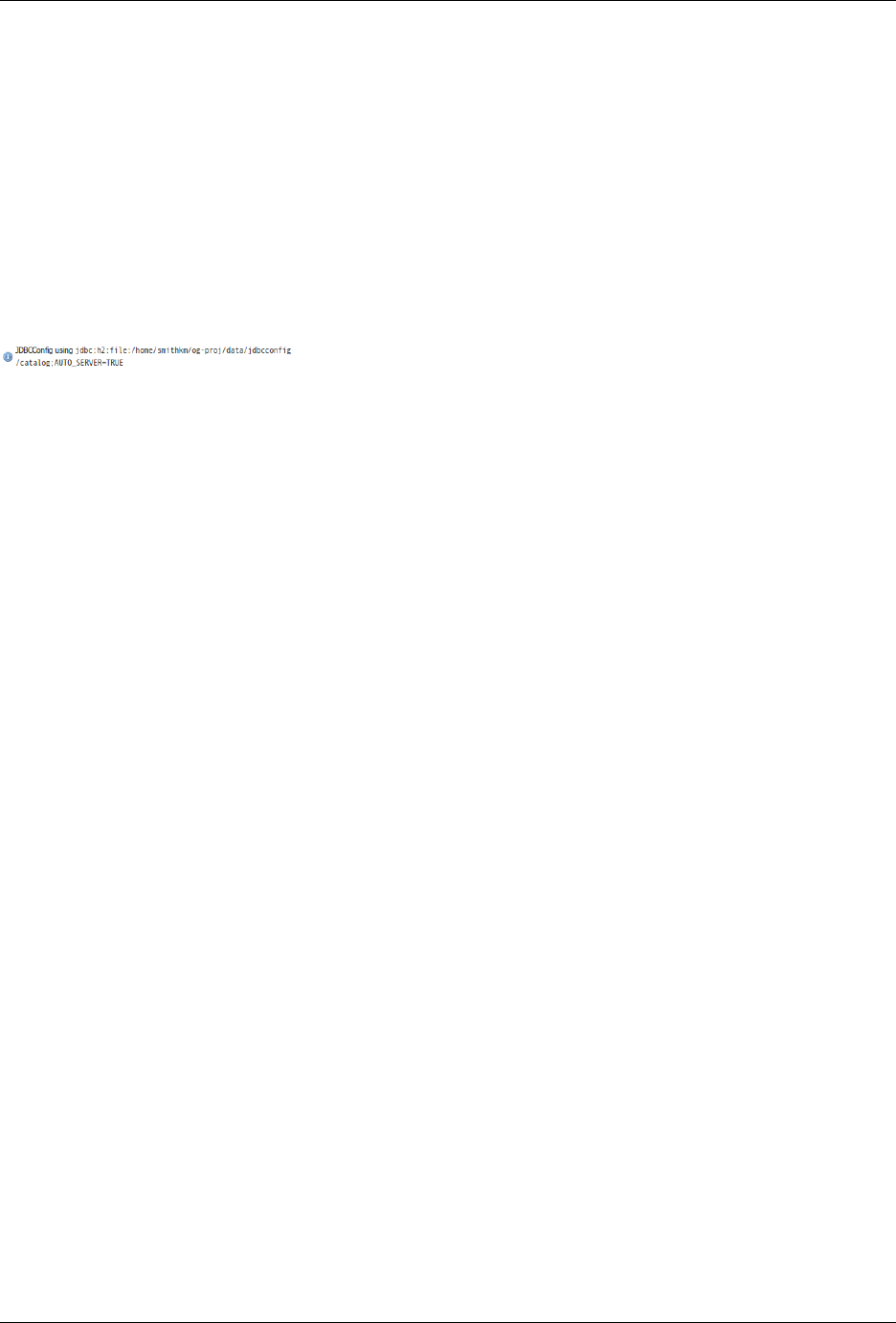
GeoServer User Manual, Release 2.15.1
3. Perform any configuration required by your servlet container, and then restart. On startup, JDBC-
Config will create a configuration directory jdbcconfig in the GeoServer data directory.
4. Verify that the configuration directory was created to be sure installation worked then turn off
GeoServer.
5. Configure JDBCConfig (JDBCConfig configuration), being sure to set enabled,initdb, and import
to true, and to provide the connection information for an empty database.
6. Start GeoServer again. This time JDBCConfig will connect to the specified database, initialize it, im-
port the old catalog into it, and take over from the old catalog. Subsequent start ups will skip the
initialize and import steps unless you re-enable them in jdbcconfig.properties.
7. Log in as admin and a message should appear on the welcome page:
16.8.2 JDBCConfig configuration
The JDBCConfig module is configured in the file jdbcconfig/jdbcconfig.properties inside the
GeoServer data directory. The following properties may be set:
•enabled: Use JDBCConfig. Turn off to use the data directory for all configuration instead.
•initdb: Initialize an empty database if this is set on true.
•import : The import configuration option tells GeoServer whether to import the current catalog from
the file system to the database or not. If set to true, it will be imported and the config option will be
set the value ‘false’ for the next start up to avoid trying to re-import the catalog configuration.
•initScript: Path to initialisation script .sql file. Only used if initdb = true.
JNDI
Get the database connection from the application server via JNDI lookup.
•jndiName: The JNDI name for the data source. Only set this if you want to use JNDI, the JDBC
configuration properties may still be set for in case the JNDI Lookup fails.
Direct JDBC Connection
Provide the connection parameters directly in the configuration file. This includes the password in the clear
which is a potential security risk. To avoid this use JNDI instead.
•jdbcUrl: JDBC direct connection parameters.
•username: JDBC connection username.
•password: JDBC connection password.
•pool.minIdle: minimum connections in pool
•pool.maxActive: maximum connections in pool
•pool.poolPreparedStatements: whether to pool prepared statements
•pool.maxOpenPreparedStatements: size of prepared statement cache, only used if
pool.poolPreparedStatements = true
•pool.testOnBorrow: whether to validate connections when obtaining from the pool
16.8. JDBCConfig 1769
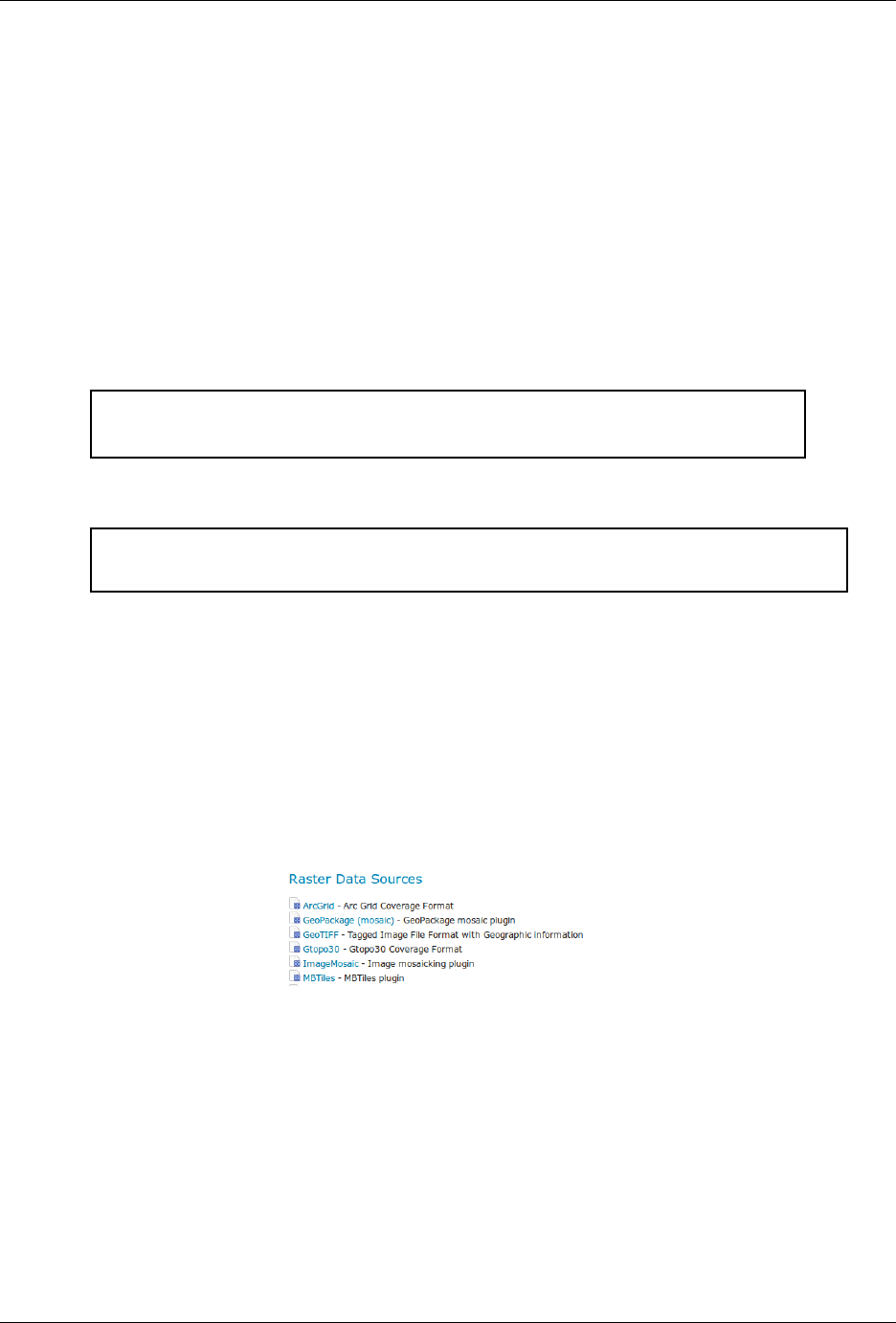
GeoServer User Manual, Release 2.15.1
•pool.validationQuery: validation query for connections from pool, must be set when
pool.testOnBorrow = true
16.9 MBTiles Extension
This plugin brings in the ability to read and write MBTiles files in GeoServer. MBTiles is an SQLite based
standard format that is able to hold a single tiles map layer in a file.
MBTiles can both be used as a raster input datastore as well as an WMS GetMap output format.
16.9.1 Installing the GeoServer MBTiles extension
Warning: Make sure to install corresponding WPS extension for GeoServer in-
stance before installing GeoServer MBTiles!
1. Download the extension from the nightly GeoServer community module builds.
Warning: Make sure to match the version of the extension to the version of the
GeoServer instance!
2. Extract the contents of the archive into the WEB-INF/lib directory of the GeoServer in-
stallation.
16.9.2 MBTiles Data Store
Adding an MBTiles Mosaic Data Store
When the extension has been installed, :guilabel:MBTiles‘ will be an option in the Raster Data Sources list
when creating a new data store.
Fig. 16.3: MBTiles in the list of raster data stores
1770 Chapter 16. Community modules
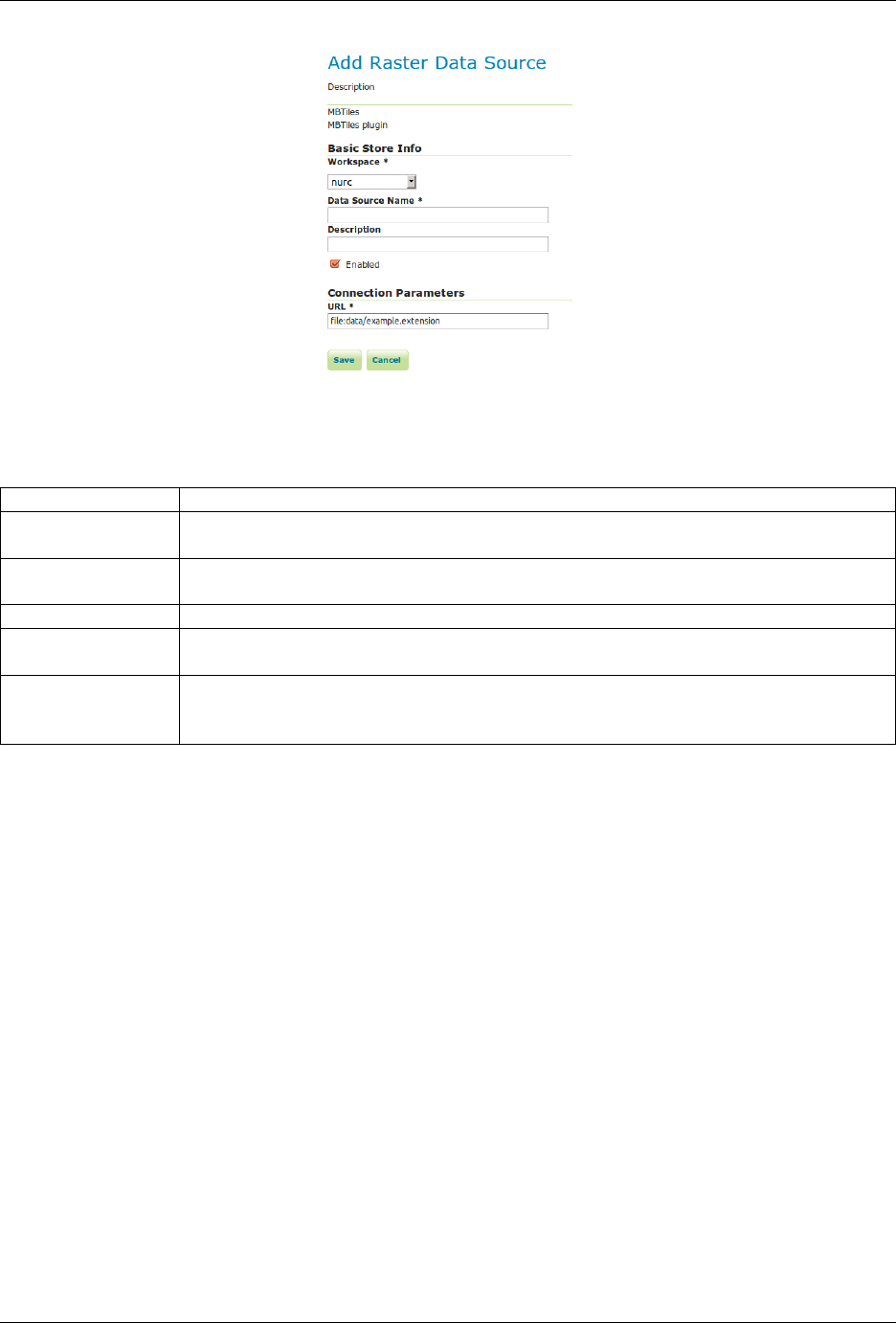
GeoServer User Manual, Release 2.15.1
Fig. 16.4: Configuring an MBTiles data store
Option Description
Workspace Name of the workspace to contain the MBTiles Mosaic store. This will also be the
prefix of the raster layers created from the store.
Data Source
Name
Name of the MBTiles Store as it will be known to GeoServer. This can be different
from the filename.
Description A full free-form description of the MBTiles store.
Enabled If checked, it enables the store. If unchecked (disabled), no data in the GeoPackage
Mosaic Store will be served from GeoServer.
URL Location of the MBTiles file. This can be an absolute path (such as
file:C:\Data\landbase.mbtiles) or a path relative to GeoServer’s data di-
rectory (such as file:data/landbase.mbtiles).
16.9.3 MBTiles Output Format
MBTiles WMS Output Format
Any WMS GetMap request can be returned in the form of a Geopackage by specifying format=mbtiles
as output format (see WMS output formats). The returned result will be an MBTiles file with a single tile
layer.
The following additional parameters can be passed on using format_options:
•tileset_name: name to be used for tileset in mbtiles file (default is name of layer(s)).
•min_zoom,max_zoom,min_column,max_column,min_row,max_row: set the minimum and
maximum zoom level, column, and rows
•gridset: name of gridset to use (otherwise default for CRS is used)
MBTiles WPS Process
It is possible to generate an mbtiles file by calling the WPS process gs:MBTiles. This process requires
the following parameters:
•layername: Name of the input layer.
16.9. MBTiles Extension 1771

GeoServer User Manual, Release 2.15.1
•format : format of the final images composing the file.
•minZoom,maxZoom,minColumn,maxColumn,minRow,maxRow:(Optional) set the minimum and
maximum zoom level, column, and rows.
•boundingbox:(Optional) Bounding box of the final mbtiles. If CRS is not set, the layer native one is
used.
•path:(Optional) path of the directory where the mbtiles file is stored.
•filename:(Optional) name of the mbtiles file created.
•bgColor:(Optional) value associated to the background colour.
•transparency:(Optional) parameter indicating if the transparency must be present.
•stylename,stylepath,stylebody:(Optional) style to associate to the layer. Only one of these 3
parameters can be used.
The process returns an URL containing the path of the generated file.
16.10 GeoPackage Extension
This plugin brings in the ability to write GeoPackage files in GeoServer. Reading GeoPackage files is part
of the core functionality of GeoServer, and does not require this extension.
GeoPackage is an SQLite based standard format that is able to hold multiple vector and raster data layers
in a single file.
GeoPackage can be used as an output format for WFS GetFeature (creating one vector data layer) as well as
WMS GetMap (creating one raster data layer). The GeoServer GeoPackage extension also allows to create a
completely custom made GeoPackage with multiple layers, using the GeoPackage process.
16.10.1 Installing the GeoServer GeoPackage extension
1. If you haven’t done already, install the WPS extension: Installing the WPS extension.
2. Download the Geopkg extension from the nightly GeoServer community module builds.
Warning: Make sure to match the version of the extension to the version of the GeoServer in-
stance!
3. Extract the contents of the archive into the WEB-INF/lib directory of the GeoServer installation.
16.10.2 GeoPackage As Output
GeoPackage WMS Output Format
Any WMS GetMap request can be returned in the form of a Geopackage by specifying
format=geopackage as output format (see WMS output formats). The returned result will be a
GeoPackage file with a single tile layer.
The following additional parameters can be passed on using format_options:
•tileset_name: name to be used for tileset in geopackage file (default is name of layer(s)).
1772 Chapter 16. Community modules

GeoServer User Manual, Release 2.15.1
•min_zoom,max_zoom,min_column,max_column,min_row,max_row: set the minimum and
maximum zoom level, column, and rows
•gridset: name of gridset to use (otherwise default for CRS is used)
GeoPackage WFS Output Format
Any WFS GetFeature request can be returned as a Geopackage by specifying format=geopackage as
output format (see WFS output formats). The returned result will be a GeoPackage file with a single features
layer.
GeoPackage WPS Process
A custom GeoPackage can be created with any number of tiles and features layers using the GeoPackage
WPS Process (see Process Cookbook).
The WPS process takes in one parameter: contents which is an xml schema that represents the desired
output.
General outline of a contents scheme:
<geopackage name=”mygeopackage” xmlns="http://www.opengis.net/gpkg">
<features name=”myfeaturelayer” identifier=”L01”>
<description>describe the layer</description>
<srs> EPSG:4216 </srs>
<bbox>
<minx>-180</minx>
<miny>-90</miny>
<maxx>180</maxx>
<maxy>90</maxy>
</bbox>
...
</features>
<tiles name=”mytileslayer” identifier=”L02”>
<description>describe the layer</description>
<srs>..</srs>
<bbox>..</bbox>
...
</tiles>
</geopackage>
Each geopackage has a mandatory name, which will be the name of the file (with the extension .gpkg
added). Each layer (features or tiles) has the following properties:
•name (mandatory): the name of the layer in the geopackage;
•identifier (optional): an identifier for the layer;
•description (optional): a description for the layer;
•srs ( mandatory for tiles, optional for features): coordinate reference system; for features the default
is the SRS of the feature type;
•bbox ( mandatory for tiles, optional for features): the bounding box; for features the default is the
bounding box of the feature type.
16.10. GeoPackage Extension 1773
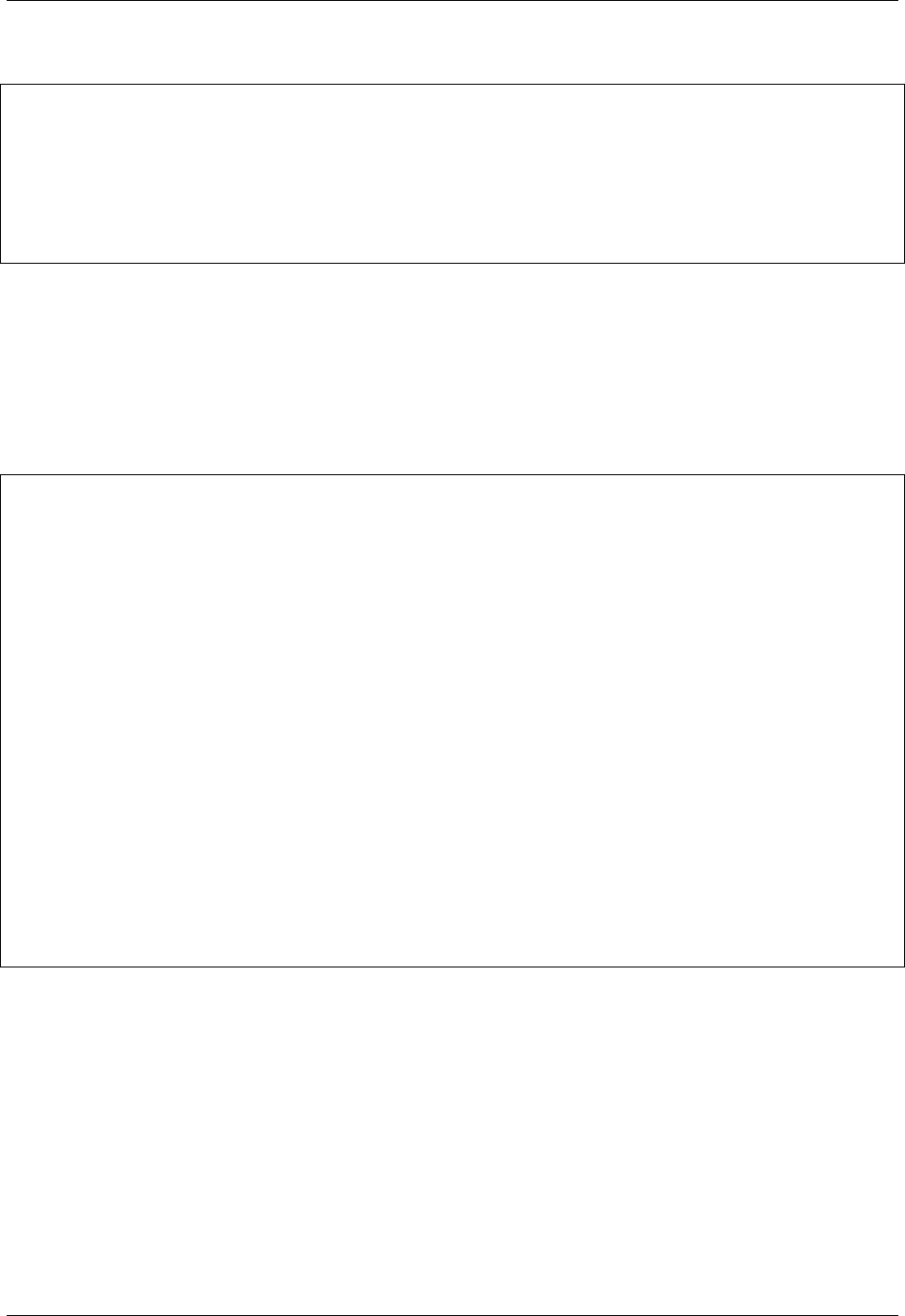
GeoServer User Manual, Release 2.15.1
Outline of the features layer:
<features name=”myfeaturelayer” identifier=”L01”>
<description>..</description>
<srs>..</srs>
<bbox>..</bbox>
<featuretype>myfeaturetype</featuretype>
<propertynames>property1, property2</propertynames>
<filter>..</filter>
</features>
Each features layer has the following properties:
•featuretype (mandatory): the feature type
•propertynames (optional): list of comma-separated names of properties in feature type to be
included (default is all properties)
•filter (optional): any OGC filter that will be applied on features before output
Outline of the tiles layer:
<tiles name=”mytileslayer” identifier=”L02”>
<description>...</description>
<srs>..</srs>
<bbox>..</bbox>
<layers>layer1, layer2</styles>
<styles> style1, style2 </styles>
<sld> path/to/file.sld </sld>
<sldBody> .. </sldBody>
<format>mime/type</format>
<bgcolor>ffffff</bgcolor>
<transparent>true</transparent>
<coverage>
<minZoom>5</minZoom>
<maxZoom>50</maxZoom>
<minColumn>6</minColumn>
<maxColumn>60</maxColumn>
<minRow>7</minRow>
<maxRow>70</maxRow>
<coverage>
<gridset>
...
</gridset>
</tiles>
Each tiles layer has the following properties:
•layers (mandatory): comma-separated list of layers that will be included
•styles,sld, and sldbody are mutually exclusive, having one is mandatory
–styles: list of comma-separated styles to be used
–sld: path to sld style file
–sldbody: inline sld style file
•format (optional): mime-type of image format of tiles (image/png or image/jpeg)
•bgcolor (optional): background colour as a six-digit hexadecimal RGB value
•transparent (optional): transparency (true or false)
1774 Chapter 16. Community modules
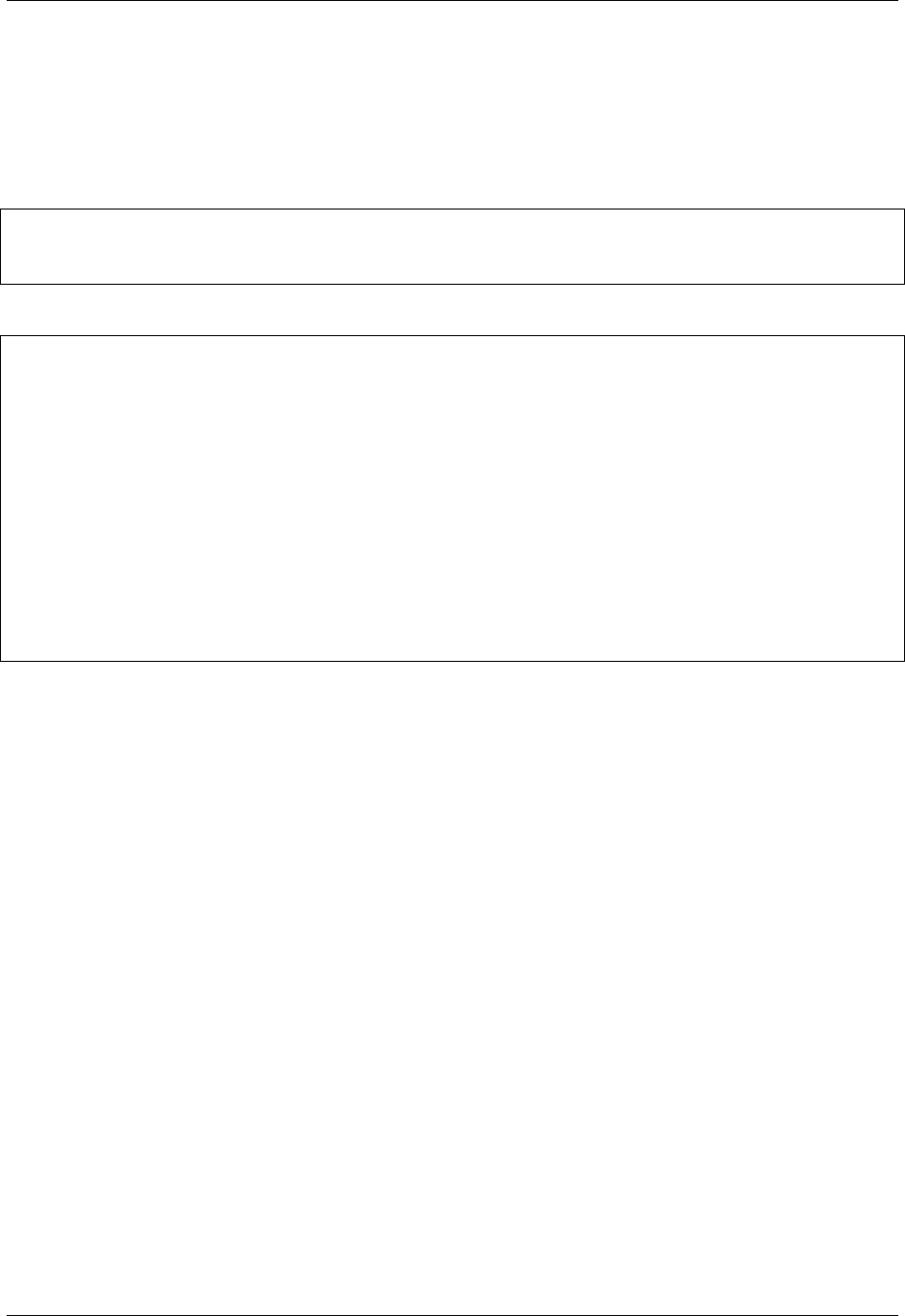
GeoServer User Manual, Release 2.15.1
•coverage (optional)
•minzoom,maxzoom,minColumn,maxColumn,minRow,maxRow (all optional): set the mini-
mum and maximum zoom level, column, and rows
•gridset (optional): see following
Gridset can take on two possible (mutually exclusive) forms:
<gridset>
<name>mygridset</name>
</gridset>
where the name of a known gridset is specified; or a custom gridset may be defined as follows:
<gridset>
<grids>
<grid>
<zoomlevel>1</zoomlevel>
<tileWidth>256</tileWidth>
<tileHeight>256</tileHeight>
<matrixWidth>4</matrixWidth>
<matrixHeight>4</matrixHeight>
<pixelXSize>0.17</pixelXSize>
<pixelYSize>0.17</pizelYSize>
</grid>
<grid>...</grid>
...
</grids>
</gridset>
16.11 PGRaster
The PGRaster geoserver module adds the ability to simplify the configuration of a PostGis Raster based
ImageMosaic-JDBC store. Before proceeding, make sure to take a look to the PostGis Raster plugin doc-
umentation for background information. Note that configuration files, table creations and raster imports
explained in that documentation, will be automatically handled by this module.
This module allows to do the following steps automatically:
1. use raster2pgsql (optionally) to import raster tiles previously configured with gdal_retile
2. create a metadata table (optionally) referring to tiles tables created through raster2pgsql
3. create the imageMosaic JDBC XML configuration containing PostGis database connection parameters,
attributes mapping and coverage configuration.
4. configure the imageMosaic JDBC on top of the newly configured XML.
16.11.1 Requirements
• You must have a PostGIS 2.0 database where your raster tiles will be stored.
• Raster tiles should have been previously created using gdal_retile since this module will simply
import them and configure the store. The ImageMosaic JDBC setup example documentation provides
examples of how to do that.
16.11. PGRaster 1775
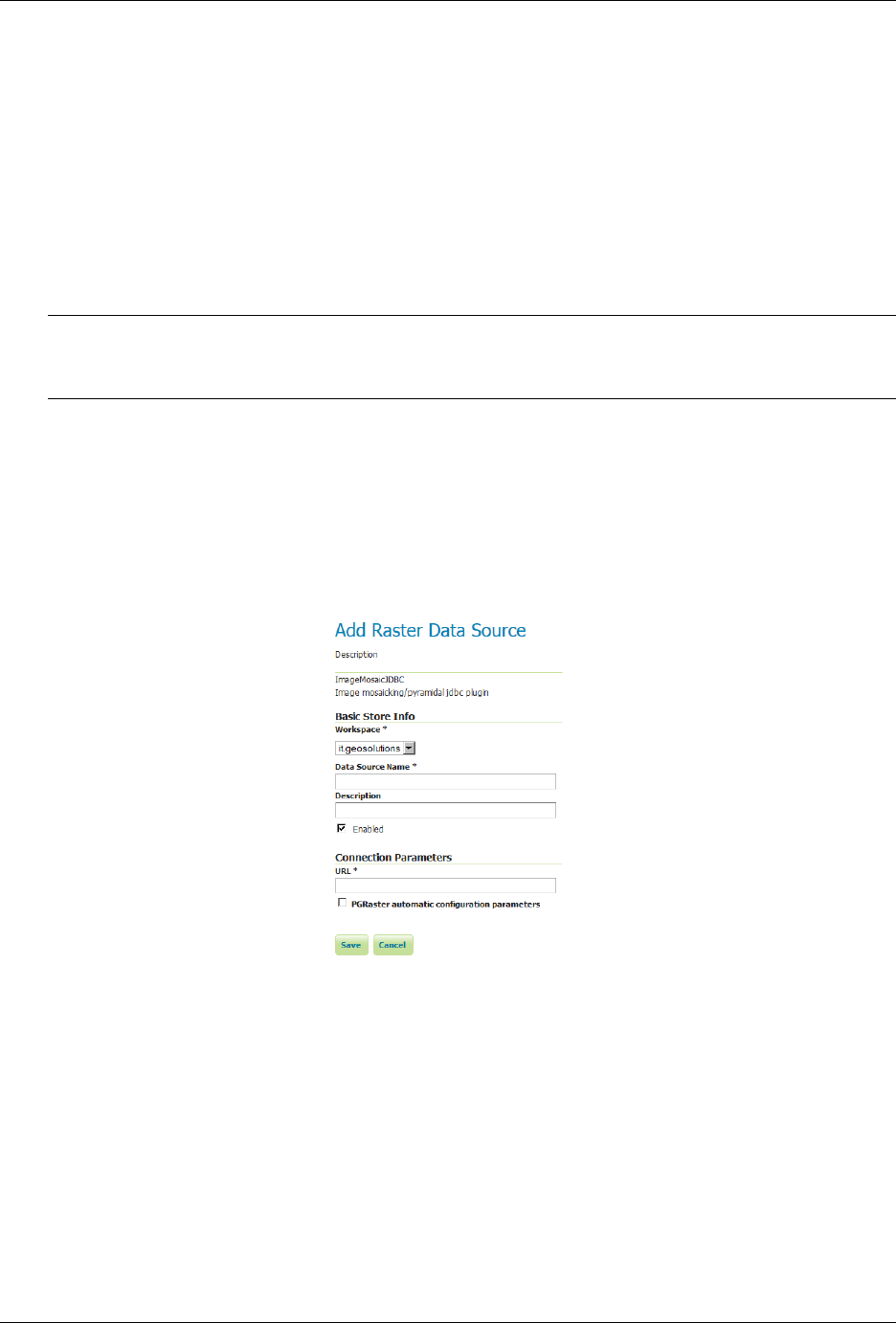
GeoServer User Manual, Release 2.15.1
• In case you want to perform automatic import of the raster tiles into the database, you need to have
raster2pgsql and psql executables installed on your machine and configured on your PATH. (In case
your PostGIS 2.0 installation is on the same machine where you will run GeoServer, the executables
should be already available).
16.11.2 Installation
1. Download the pgraster community module for your version of GeoServer from the download page.
2. Unzip the archive into the WEB-INF/lib directory of the GeoServer installation.
Note: On Windows, make sure to add a RASTER2PGSQL_PATH=Drive:\Path\to\bin\folder\containing_raster2pgsqlExecutable
property to the JAVA_OPTS as an instance: JAVA_OPTS=-DRASTER2PGSQL_PATH=C:\work\programs\PostgreSQL\9.
2\bin
3. Restart GeoServer.
16.11.3 Usage
1. As for any other store configuration, go to Stores->Add new Store
2. Select ImageMosaicJDBC. You will see the usual “Add Raster Data Source” form.
For backward compatibility, you may still configure an ImageMosaicJDBC in the old-way,
by specifying the URL of a valid XML configuration file, as done in the past (Where all the
components of the ImageMosaicJDBC need to be configured by hand by the user).
3. Notice the presence of a checkBox which allows to proceed with the PGRaster automatic configuration
parameters specification. Once Clicking on it, you will see a set of new parameters for the automatic
configuration step. When enabling that checkBox, the URL parameter needs to point to the main
folder containing the rasters which have been previously produced using gdal_retile.
Other parameters are explained below:
1776 Chapter 16. Community modules
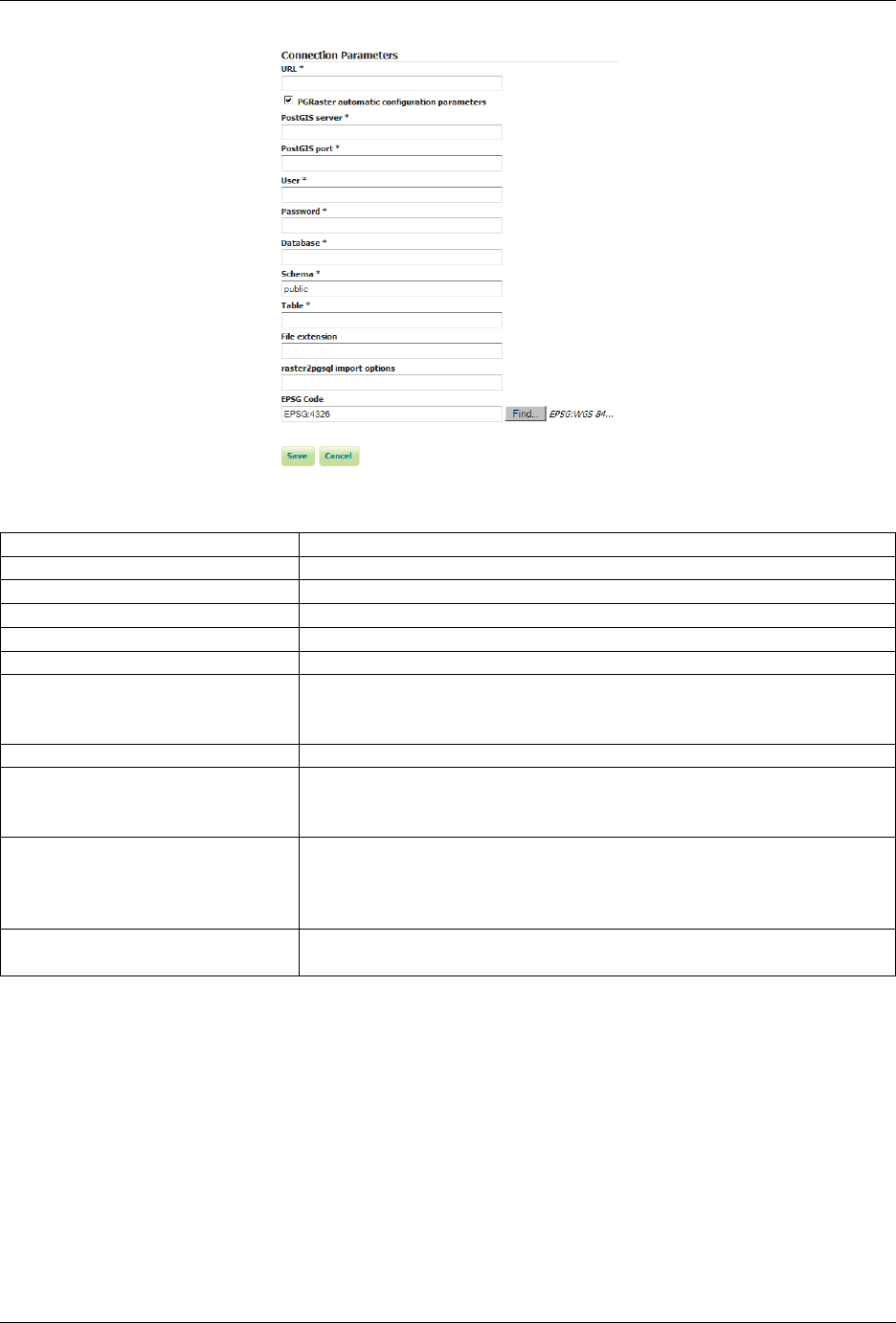
GeoServer User Manual, Release 2.15.1
Name Description
PostGIS server The PostGIS server IP
PostGIS port The PostGIS server port
User The PostGIS DB user
Password The PostGIS DB password
Database The PostGIS Database (should have already been created)
Schema The schema where the table will be created (default is public. The
schema need to be already defined into the Database before the im-
port)
Table The name of the metadata table which contains all the references to
File extension The extension of the raster files to be imported (such as png). It may
not be specified when raster tiles have been already manually im-
ported into the database by the user
raster2pgsql import options The raster2pgsql script importing options (as an instance “-t
128x128” for raster tiles of 128x128). It may not be specified when
raster tiles have been already manually imported into the database
by the user
EPSG Code The EPSG code which will be configured in the coverage configura-
tion xml. (Default is 4326)
16.11.4 Limitations
Right now it doesn’t allow to import data folders which have been created with the gdal_retile’s
useDirForEachRow option.
16.12 WPS download community module
WPS download module provides some useful features for easily downloading: * Raster or Vector layer as
zip files * Large maps as images * Time based animation The module also provides facilities to control the
output file size.
16.12. WPS download community module 1777
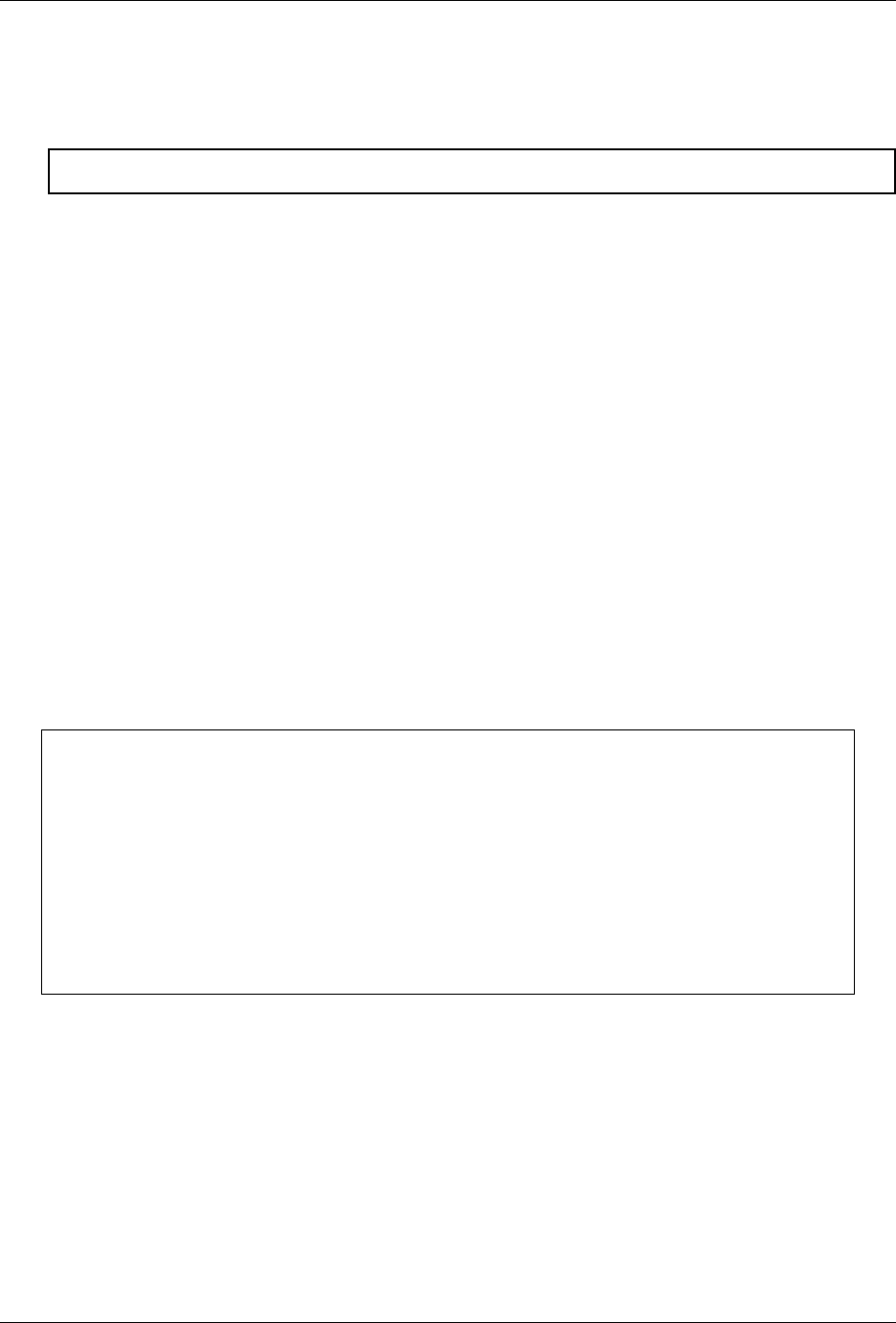
GeoServer User Manual, Release 2.15.1
16.12.1 Installing the WPS download module
1. Download the WPS download module from the nightly GeoServer community module builds.
Warning: Make sure to match the version of the extension to the version of the GeoServer instance.
2. Extract the contents of the archive into the WEB-INF/lib directory of the GeoServer installation.
16.12.2 Module description
This module provides the following WPS process:
•gs:Download : can be used for downloading Raster and Vector Layers
•gs:DownloadEstimator : can be used for checking if the downloaded file does not exceeds the
configured limits.
•gs:DownloadMap: allows to download a large map with the same composition found on the client
side (eventually along with an asynchronous call)
•gs:DownloadAnimation: allows to download a map with the same composition found on the client
side, with animation over a give set of times
16.12.3 Configuring the limits
The first step to reach for using this module is to create a new file called download.properties and save it
in the GeoServer data directory. If the file is not present GeoServer will automatically create a new one with
the default properties:
# Max #of features
maxFeatures=100000
#8000 px X 8000 px
rasterSizeLimits=64000000
#8000 px X 8000 px X 3 bands X 1 byte per band = 192MB
writeLimits=192000000
# 50 MB
hardOutputLimit=52428800
# STORE =0, BEST =8
compressionLevel=4
# When set to 0 or below, no limit
maxAnimationFrames=1000
Where the available limits are:
•maxFeatures : maximum number of features to download
•rasterSizeLimits : maximum pixel size of the Raster to read
•writeLimits : maximum raw raster size in bytes (a limit of how much space can a raster take
in memory). For a given raster, its raw size in bytes is calculated by multiplying pixel number
(raster_width x raster_height) with the accumated sum of each band’s pixel sample_type size in bytes,
for all bands
•hardOutputLimit : maximum file size to download
•compressionLevel : compression level for the output zip file
1778 Chapter 16. Community modules

GeoServer User Manual, Release 2.15.1
•maxAnimationFrames : maximum number of frames allowed (if no limit, the maximum execution
time limits will still apply and stop the process in case there are too many)
Note: Note that limits can be changed when GeoServer is running. Periodically the server will reload the
properties file.
16.12.4 The processes and their usage
The following describes the various processes, separating raw downloads from rendered downloads:
Raw data download processes
These processes allow download of vector and raster data in raw form, without rendering.
Download Estimator Process
The Download Estimator Process checks the size of the file to download. This process takes in input the
following parameters:
•layername : name of the layer to check
•ROI : ROI object to use for cropping data
•filter : filter for filtering input data
•targetCRS : CRS of the final layer if reprojection is needed
This process will return a boolean which will be true if the downloaded file will not exceed the configured
limits.
Download Process
The Download Process calls the Download Estimator Process, checks the file size, and, if the file does not exceed
the limits, download the file as a zip. The parameters to set are
•layerName : the name of the layer to process/download
•filter : a vector filter for filtering input data(optional)
•outputFormat : the MIME type of the format of the final file
•targetCRS : the CRS of the output file (optional)
•RoiCRS : Region Of Interest CRS (optional)
•ROI : Region Of Interest object to use for cropping data (optional)
•cropToROI : boolean parameter to allow cropping to actual ROI, or its envelope (optional)
•interpolation : interpolation function to use when reprojecting / scaling raster data. Values are
NEAREST (default), BILINEAR, BICUBIC2, BICUBIC (optional)
•targetSizeX : size X in pixels of the output (optional, applies for raster input only)
•targetSizeY : size Y in pixels of the output (optional, applies for raster input only)
16.12. WPS download community module 1779

GeoServer User Manual, Release 2.15.1
•selectedBands : a set of the band indices of the original raster that will be used for producing the
final result (optional, applies for raster input only)
•writeParameters : a set of writing parameters (optional, applies for raster input only). See Writing
parameters below section for more details on writing parameters defintion.
The targetCRS and RoiCRS parameters are using EPSG code terminology, so, valid parameters are lit-
erals like EPSG:4326 (if we are referring to a the Geogaphic WGS84 CRS), EPSG:3857 (for WGS84 Web
Mercator CRS), etc.
ROI Definition
AROI parameter is a geometry object which can also be defined if three different forms:
• as TEXT, in various geometry textual formats/representations
• as REFERENCE, which is the textual result of an HTTP GET/POST request to a specific url
• as a SUPPROCESS result: the format produced as result of the process execution must be a compatible
geometry textual format.
As noted above, in all above forms/cases ROI geometry is defined as text, in specific formats. These can be:
•text/xml; subtype=gml/3.1.1: conforming to gml specs 3.1.1
•text/xml; subtype=gml/2.1.2: conforming to gml specs 2.1.2
•application/wkt: the WKT geometry representation
•application/json: the JSON geometry representation
•application/gml-3.1.1: conforming to gml specs 3.1.1
•application/gml-2.1.2: conforming to gml specs 2.1.2
For example, a polygon used as ROI with the following WKT representation:
POLYGON (( 500116.08576537756 499994.25579707103, 500116.08576537756 500110.
1012210889, 500286.2657688021 500110.1012210889, 500286.2657688021 499994.
25579707103, 500116.08576537756 499994.25579707103 ))
would be represented in the following forms:
• in application/wkt: POLYGON (( 500116.08576537756 499994.25579707103,
500116.08576537756 500110.1012210889, 500286.2657688021 500110.
1012210889, 500286.2657688021 499994.25579707103, 500116.
08576537756 499994.25579707103 ))
• in application/json: {"type":"Polygon","coordinates":[[[500116.0858,
499994.2558],[500116.0858,500110.1012],[500286.2658,500110.1012],
[500286.2658,499994.2558],[500116.0858,499994.2558]]]}
• in text/xml:500116.08576537756,499994.25579707103 500116.08576537756,
500110.1012210889 500286.2657688021,500110.1012210889 500286.
2657688021,499994.25579707103 500116.08576537756,499994.
25579707103
• in application/xml: the following xml
<?xml version="1.0" encoding="UTF-8"?><gml:Polygon xmlns:gml="http://www.
,→opengis.net/gml" xmlns:xs="http://www.w3.org/2001/XMLSchema" xmlns:xlink=
,→"http://www.w3.org/1999/xlink">
<gml:outerBoundaryIs>
1780 Chapter 16. Community modules
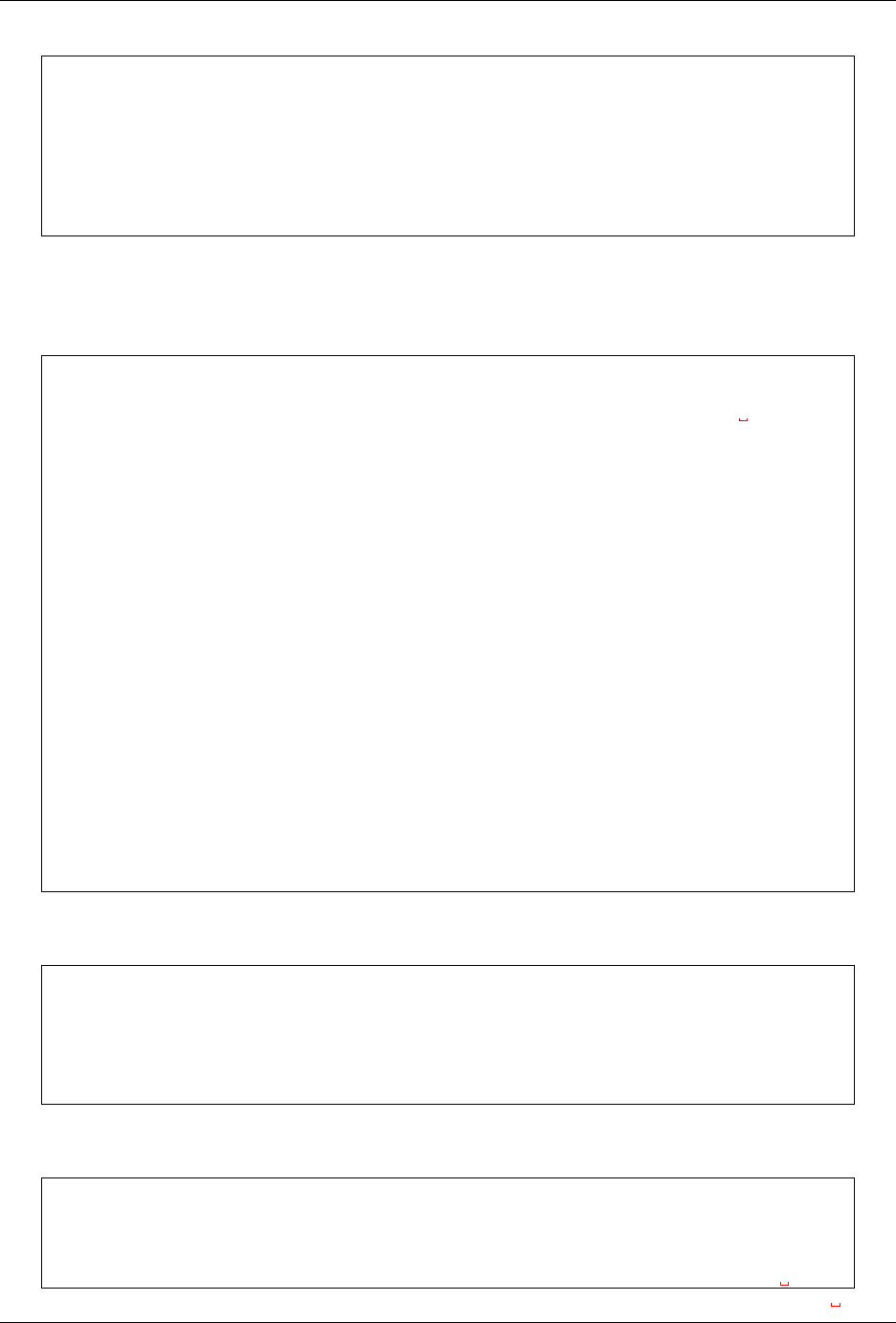
GeoServer User Manual, Release 2.15.1
<gml:LinearRing>
<gml:coordinates>500116.08576537756,499994.25579707103 500116.
,→08576537756,500110.1012210889 500286.2657688021,500110.1012210889 500286.
,→2657688021,499994.25579707103 500116.08576537756,499994.25579707103</
,→gml:coordinates>
</gml:LinearRing>
</gml:outerBoundaryIs>
</gml:Polygon>
The general structure of a WPS Download request POST payload consists of two parts: the
first (<wps:DataInputs>) contains the input parameters for the process, and the second
(<wps:ResponseForm>) contains details about delivering the output. A typical pseudo payload is
the following:
<?xml version="1.0" encoding="UTF-8"?><wps:Execute version="1.0.0" service=
,→"WPS" xmlns:xsi="http://www.w3.org/2001/XMLSchema-instance" xmlns="http://
,→www.opengis.net/wps/1.0.0" xmlns:wfs="http://www.opengis.net/wfs"
,→xmlns:wps="http://www.opengis.net/wps/1.0.0" xmlns:ows="http://www.opengis.
,→net/ows/1.1" xmlns:gml="http://www.opengis.net/gml" xmlns:ogc="http://www.
,→opengis.net/ogc" xmlns:wcs="http://www.opengis.net/wcs/1.1.1" xmlns:xlink=
,→"http://www.w3.org/1999/xlink" xsi:schemaLocation="http://www.opengis.net/
,→wps/1.0.0 http://schemas.opengis.net/wps/1.0.0/wpsAll.xsd">
<ows:Identifier>gs:WPS_Process_Name_Here</ows:Identifier>
<wps:DataInputs>
<wps:Input>
<ows:Identifier>First_Param_Name</ows:Identifier>
<wps:Data>
(First_Param_Data)
</wps:Data>
</wps:Input>
...
...
</wps:DataInputs>
<wps:ResponseForm>
<wps:RawDataOutput mimeType="application/zip">
<ows:Identifier>result</ows:Identifier>
</wps:RawDataOutput>
</wps:ResponseForm>
</wps:Execute>
Each parameter for the process is defined in its own <wps:Input> xml block. In case of simple type data,
such as layerName, outputFormat, targetCRS, etc, input params xml blocks have the following form:
<wps:Input>
<ows:Identifier>layerName</ows:Identifier>
<wps:Data>
<wps:LiteralData>nurc:Img_Sample</wps:LiteralData>
</wps:Data>
</wps:Input>
Note the <wps:LiteralData> tags wrapping the parameter value. In case of geometry parameters, such
as filter, ROI, the parameter’s <wps:Input> block is different:
<wps:Input>
<ows:Identifier>ROI</ows:Identifier>
<wps:Data>
<wps:ComplexData mimeType="application/wkt"><![CDATA[POLYGON (( 500116.
,→08576537756 499994.25579707103, 500116.08576537756 500110.1012210889,
,→500286.2657688021 500110.1012210889, 500286.2657688021 499994.25579707103,
,→500116.08576537756 499994.25579707103 ))]]></wps:ComplexData>
16.12. WPS download community module 1781
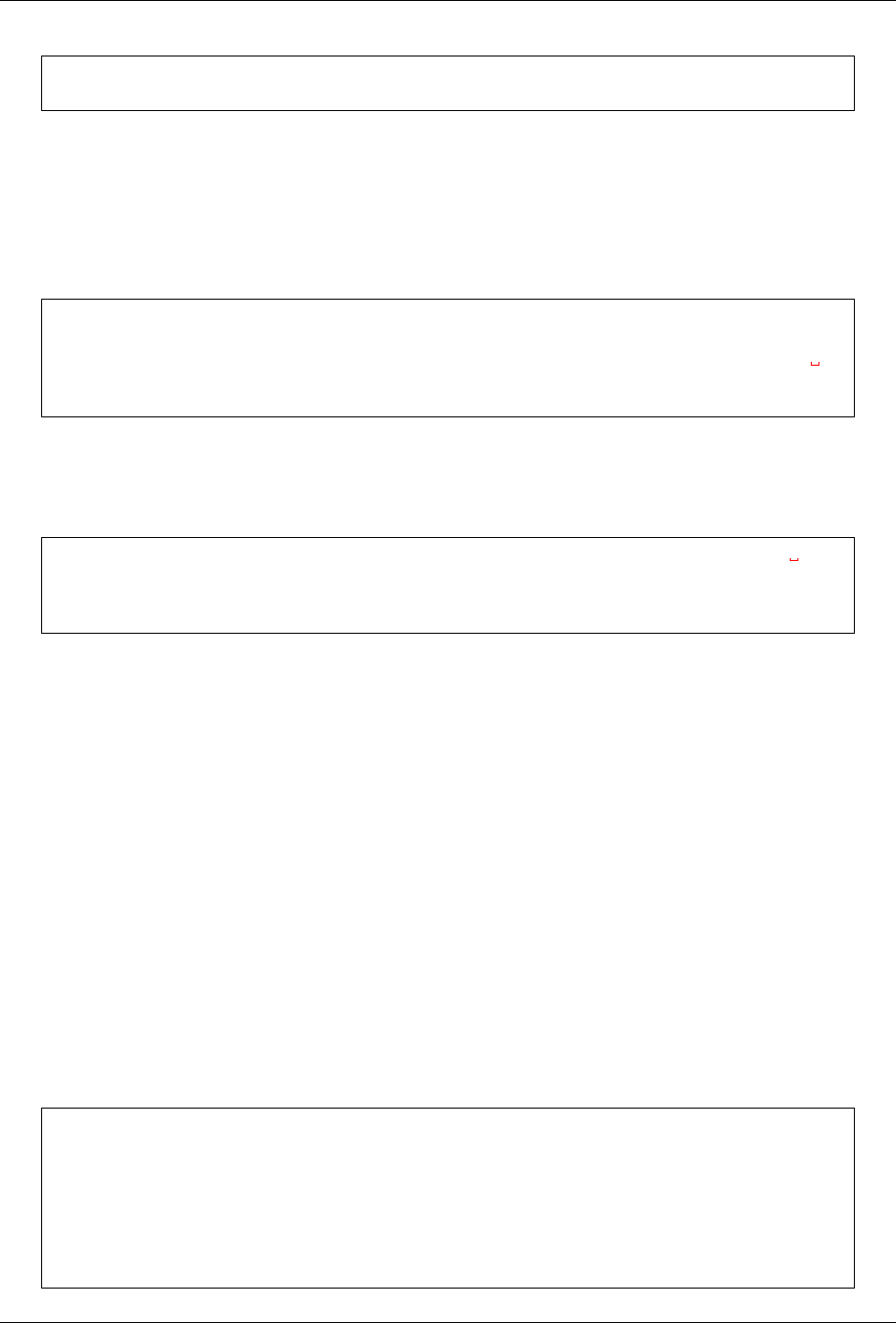
GeoServer User Manual, Release 2.15.1
</wps:Data>
</wps:Input>
Note the <wps:ComplexData> tag, the mimeType="application/wkt" parameter, and the !
[CDATA[] wrapping of the actual geometry data (in textual representation), according to the selected
MIME type.
Note that if the ROI parameter is defined as WKT, you will need to specify a RoiCRS input parameter as
well.
In case the ROI is defined using a REFERENCE source, the input block is slightly different:
<wps:Input>
<ows:Identifier>ROI</ows:Identifier>
<wps:Reference mimeType="application/wkt" xlink:href="url_to_fetch_data"
,→method="GET"/>
</wps:Input>
Note the <wps:Reference> tag replacing <wps:ComplexData> tag, and the extra
xlink:href="url_to_fetch_data" parameter, which defines the url to peform the HTTP GET
request. For POST request cases, tech method is switched to POST, and a <wps:Body> tag is used to wrap
POST data:
<wps:Reference mimeType="application/wkt" xlink:href="url_to_fetch_data"
,→method="POST">
<wps:Body><![CDATA[request_body_data]]></wps:Body>
</wps:Reference>
Filter parameter definition
Afilter parameter is a definition of a vector filter operation:
• as TEXT, in various textual formats/representations
• as REFERENCE, which is the textual result of an HTTP GET/POST request to a specific url
• as a SUBPROCESS result: the format produced as result of the process execution must be a compatible
geometry textual format.
Compatible text formats for filter definitions are:
•text/xml; filter/1.0
•text/xml; filter/1.1
•text/xml; cql
For more details on filter formats/languages, one can see Supported filter languages and Filter functions. Filter
parameter applies to vector data. If this is the case with input data, a sample <wps:Input> block of a filter
intersecting the polygon we used earlier as an example for ROI definition would be:
<wps:Input>
<ows:Identifier>filter</ows:Identifier>
<wps:Data>
<wps:ComplexData mimeType="text/plain; subtype=cql"><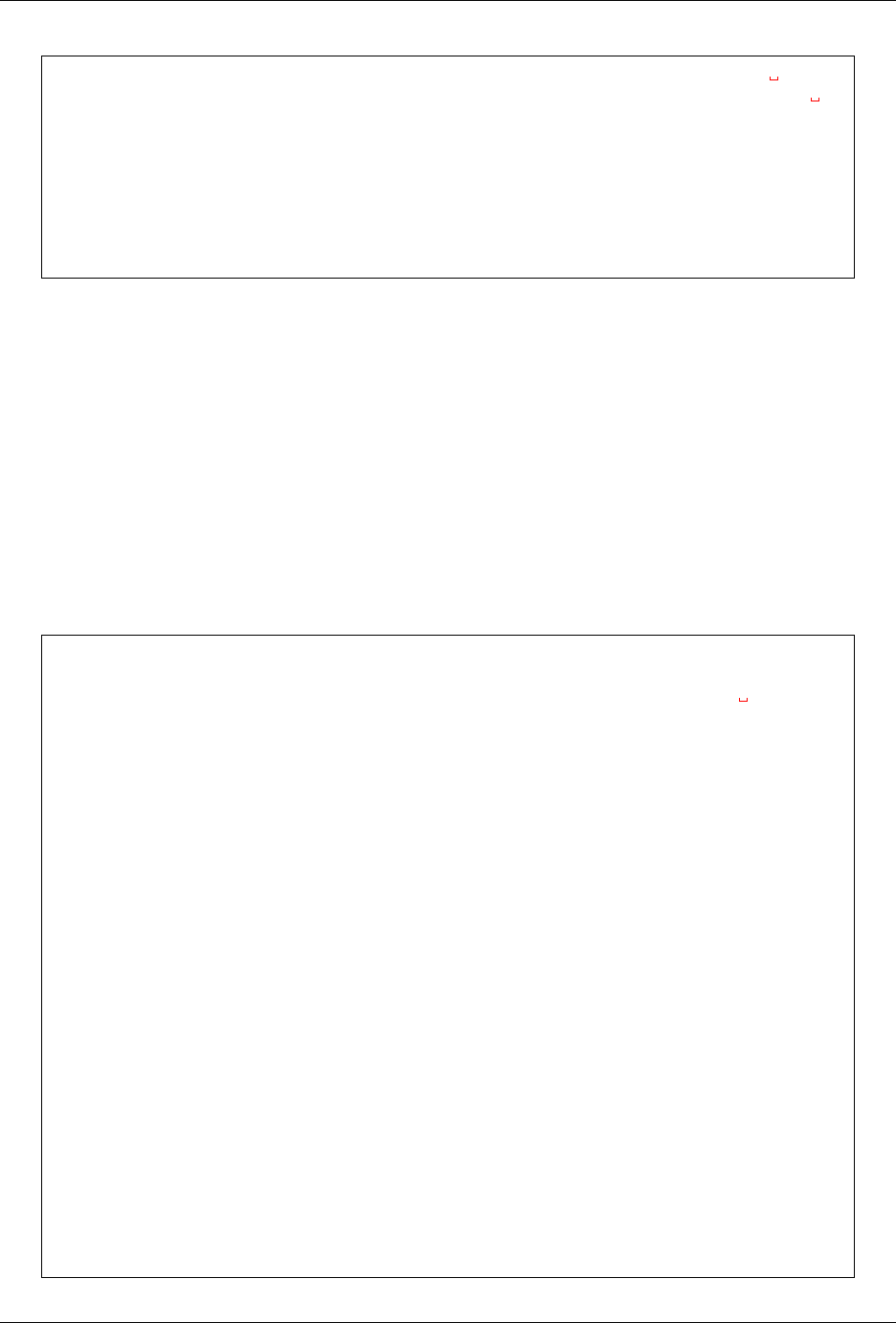
GeoServer User Manual, Release 2.15.1
<gml:coordinates>500116.08576537756,499994.25579707103
,→500116.08576537756,500110.1012210889 500286.2657688021,500110.1012210889
,→500286.2657688021,499994.25579707103 500116.08576537756,499994.25579707103
,→</gml:coordinates>
</gml:LinearRing>
</gml:outerBoundaryIs>
</gml:Polygon>
</Intersects>]]></wps:ComplexData>
</wps:Data>
</wps:Input>
Sample request
Synchronous execution
The following is a sample WPS request for processing a raster dataset. Suppose we want to use the
North America sample imagery (nurc:Img_Sample) layer, to produce an 80x80 pixels downloadable tiff
in EPSG:4326
Assuming that a local geoserver instance (setup for wps/wps-download support) is running, we issue a
POST request to the url:
http://127.0.0.1:8080/geoserver/ows?service=wps
using the following payload:
<?xml version="1.0" encoding="UTF-8"?><wps:Execute version="1.0.0" service=
,→"WPS" xmlns:xsi="http://www.w3.org/2001/XMLSchema-instance" xmlns="http://
,→www.opengis.net/wps/1.0.0" xmlns:wfs="http://www.opengis.net/wfs"
,→xmlns:wps="http://www.opengis.net/wps/1.0.0" xmlns:ows="http://www.opengis.
,→net/ows/1.1" xmlns:gml="http://www.opengis.net/gml" xmlns:ogc="http://www.
,→opengis.net/ogc" xmlns:wcs="http://www.opengis.net/wcs/1.1.1" xmlns:xlink=
,→"http://www.w3.org/1999/xlink" xsi:schemaLocation="http://www.opengis.net/
,→wps/1.0.0 http://schemas.opengis.net/wps/1.0.0/wpsAll.xsd">
<ows:Identifier>gs:Download</ows:Identifier>
<wps:DataInputs>
<wps:Input>
<ows:Identifier>layerName</ows:Identifier>
<wps:Data>
<wps:LiteralData>nurc:Img_Sample</wps:LiteralData>
</wps:Data>
</wps:Input>
<wps:Input>
<ows:Identifier>outputFormat</ows:Identifier>
<wps:Data>
<wps:LiteralData>image/tiff</wps:LiteralData>
</wps:Data>
</wps:Input>
<wps:Input>
<ows:Identifier>targetCRS</ows:Identifier>
<wps:Data>
<wps:LiteralData>EPSG:4326</wps:LiteralData>
</wps:Data>
</wps:Input>
<wps:Input>
<ows:Identifier>targetSizeX</ows:Identifier>
16.12. WPS download community module 1783
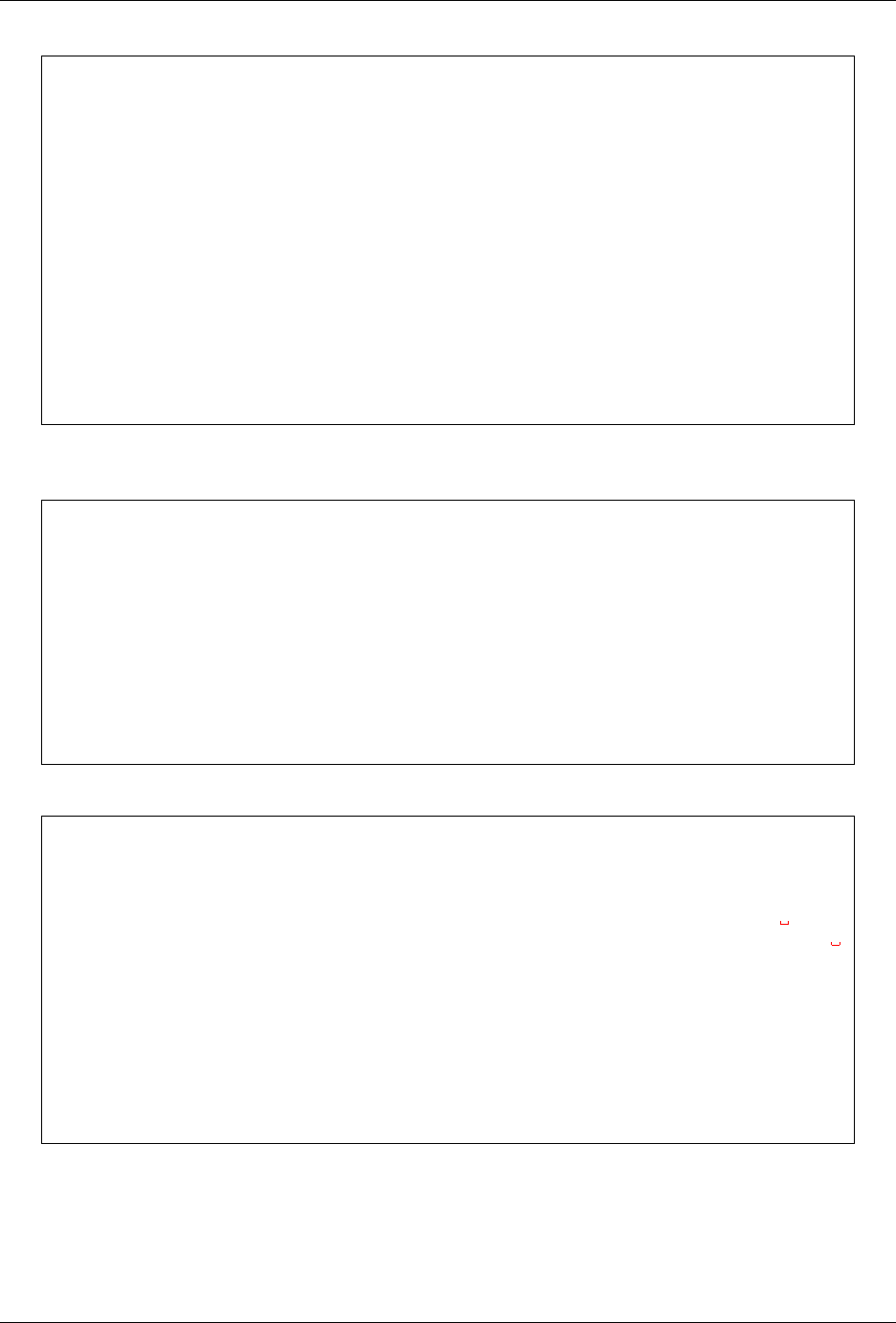
GeoServer User Manual, Release 2.15.1
<wps:Data>
<wps:LiteralData>80</wps:LiteralData>
</wps:Data>
</wps:Input>
<wps:Input>
<ows:Identifier>targetSizeY</ows:Identifier>
<wps:Data>
<wps:LiteralData>80</wps:LiteralData>
</wps:Data>
</wps:Input>
</wps:DataInputs>
<wps:ResponseForm>
<wps:RawDataOutput mimeType="application/zip">
<ows:Identifier>result</ows:Identifier>
</wps:RawDataOutput>
</wps:ResponseForm>
</wps:Execute>
More parameters (from the parameter list above) can be used, for example, we can only select bands 0 and
2from the original raster:
<wps:Input>
<ows:Identifier>bandIndices</ows:Identifier>
<wps:Data>
<wps:LiteralData>0</wps:LiteralData>
</wps:Data>
</wps:Input>
<wps:Input>
<ows:Identifier>bandIndices</ows:Identifier>
<wps:Data>
<wps:LiteralData>2</wps:LiteralData>
</wps:Data>
</wps:Input>
Or, use a Region Of Interest to crop the dataset:
<wps:Input>
<ows:Identifier>ROI</ows:Identifier>
<wps:Data>
<wps:ComplexData mimeType="application/wkt"><![CDATA["POLYGON (( 500116.
,→08576537756 499994.25579707103, 500116.08576537756 500110.1012210889,
,→500286.2657688021 500110.1012210889, 500286.2657688021 499994.25579707103,
,→500116.08576537756 499994.25579707103 ))]]></wps:ComplexData>
</wps:Data>
</wps:Input>
<wps:Input>
<ows:Identifier>RoiCRS</ows:Identifier>
<wps:Data>
<wps:LiteralData>EPSG:32615</wps:LiteralData>
</wps:Data>
</wps:Input>
The result produced is a zipped file to download.
1784 Chapter 16. Community modules
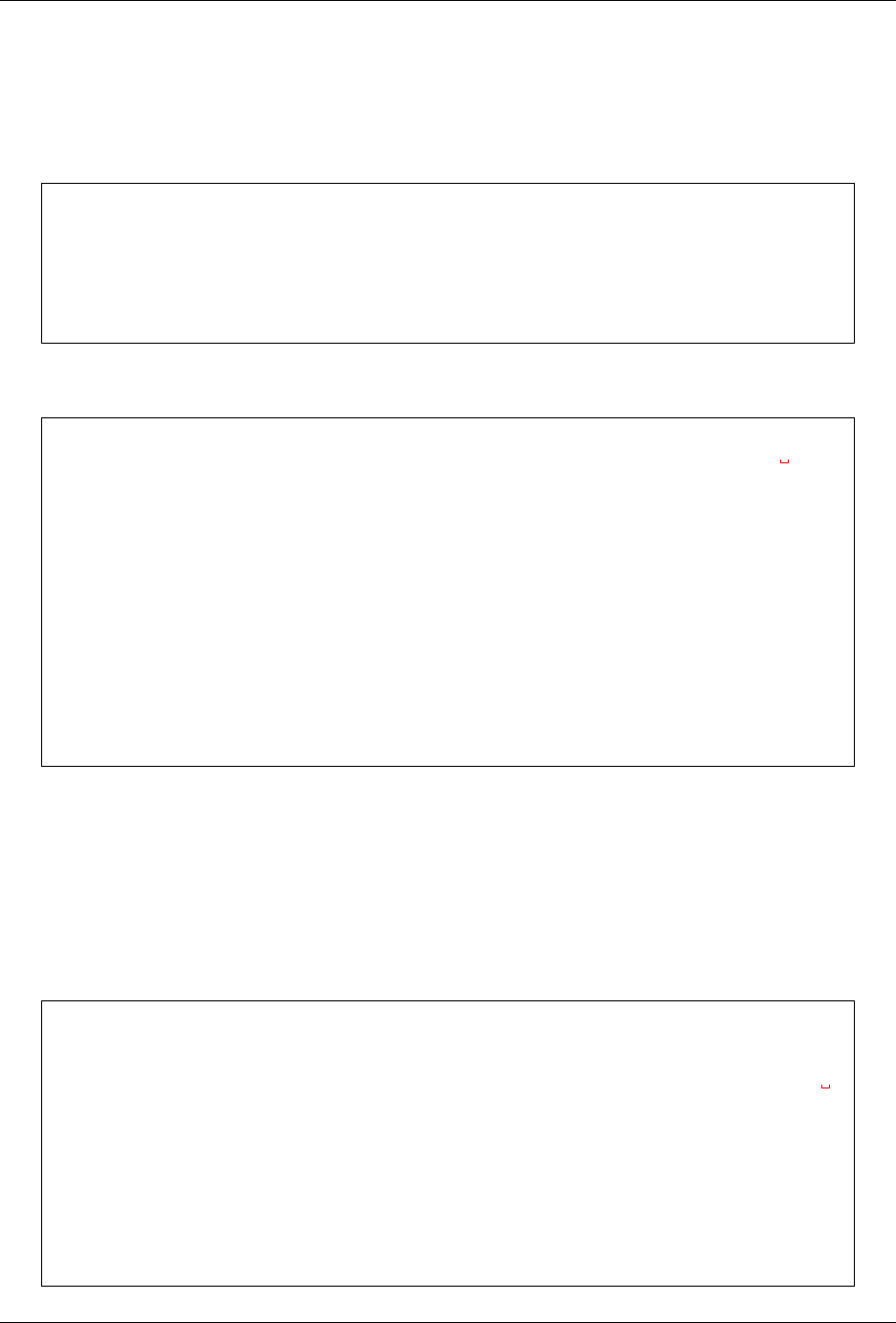
GeoServer User Manual, Release 2.15.1
Asynchronous execution
The process can also be performed asynchronously. In this case, the second part (wps:ResponseForm) of
the wps download payload slightly changes, by using the storeExecuteResponse and status parameters,
set to true for the <wps:ResponseDocument>:
<wps:ResponseForm>
<wps:ResponseDocument storeExecuteResponse="true" status="true">
<wps:RawDataOutput mimeType="application/zip">
<ows:Identifier>result</ows:Identifier>
</wps:RawDataOutput>
</wps:ResponseDocument>>
</wps:ResponseForm>
In case of asynchronous execution, the initial request to download data returns an xml indication that the
process has successfully started:
<?xml version="1.0" encoding="UTF-8"?><wps:ExecuteResponse xmlns:xs="http://
,→www.w3.org/2001/XMLSchema" xmlns:ows="http://www.opengis.net/ows/1.1"
,→xmlns:wps="http://www.opengis.net/wps/1.0.0" xmlns:xlink="http://www.w3.
,→org/1999/xlink" xml:lang="en" service="WPS" serviceInstance="http://127.0.
,→0.1:8080/geoserver/ows?" statusLocation="http://127.0.0.1:8080/geoserver/
,→ows?service=WPS&version=1.0.0&request=GetExecutionStatus&
,→executionId=dd0d61f5-7da3-41ed-bd3f-15311fa660ba" version="1.0.0">
<wps:Process wps:processVersion="1.0.0">
<ows:Identifier>gs:Download</ows:Identifier>
<ows:Title>Enterprise Download Process</ows:Title>
<ows:Abstract>Downloads Layer Stream and provides a ZIP.</ows:Abstract>
</wps:Process>
<wps:Status creationTime="2016-08-08T11:03:18.167Z">
<wps:ProcessAccepted>Process accepted.</wps:ProcessAccepted>
</wps:Status>
</wps:ExecuteResponse>
The response contains a <wps:Status> block indicating successfull process creation and pro-
cess start time. However, the important part in this response is the executionId=dd0d61f5-
7da3-41ed-bd3f-15311fa660ba attribute in the <wps:ExecuteResponse> tag. The
dd0d61f5-7da3-41ed-bd3f-15311fa660ba ID can be used as a reference for this process, in
order to issue new GET requests and to check process status. These requests have the form:
http://127.0.0.1:8080/geoserver/ows?service=WPS&request=GetExecutionStatus&executionId=277e24eb-365d-42e1-8329-44b8076d4fc0
When issued (and process has finished on the server), this GET request returns the result to down-
load/process as a base64 encoded zip:
<?xml version="1.0" encoding="UTF-8"?>
<wps:ExecuteResponse xmlns:xs="http://www.w3.org/2001/XMLSchema" xmlns:ows=
,→"http://www.opengis.net/ows/1.1" xmlns:wps="http://www.opengis.net/wps/1.0.
,→0" xmlns:xlink="http://www.w3.org/1999/xlink" xml:lang="en" service="WPS"
,→serviceInstance="http://127.0.0.1:8080/geoserver/ows?" statusLocation=
,→"http://127.0.0.1:8080/geoserver/ows?service=WPS&version=1.0.0&
,→request=GetExecutionStatus&executionId=0c596a4d-7ddb-4a4e-bf35-
,→4a64b47ee0d3" version="1.0.0">
<wps:Process wps:processVersion="1.0.0">
<ows:Identifier>gs:Download</ows:Identifier>
<ows:Title>Enterprise Download Process</ows:Title>
<ows:Abstract>Downloads Layer Stream and provides a ZIP.</ows:Abstract>
</wps:Process>
16.12. WPS download community module 1785
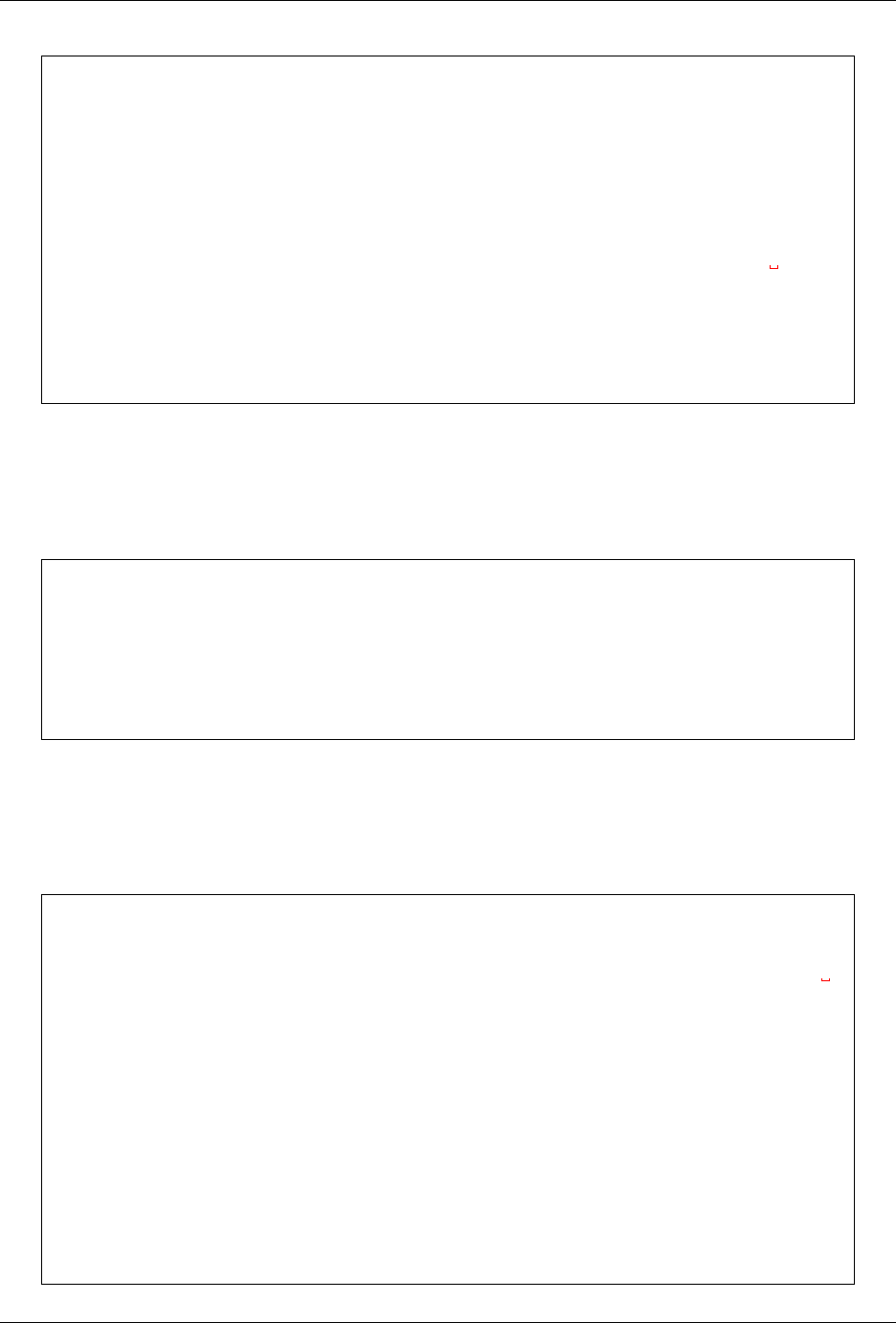
GeoServer User Manual, Release 2.15.1
<wps:Status creationTime="2016-08-08T11:18:46.015Z">
<wps:ProcessSucceeded>Process succeeded.</wps:ProcessSucceeded>
</wps:Status>
<wps:ProcessOutputs>
<wps:Output>
<ows:Identifier>result</ows:Identifier>
<ows:Title>Zipped output files to download</ows:Title>
<wps:Data>
<wps:ComplexData encoding="base64" mimeType="application/zip">
,→UEsDBBQACAgIAFdyCEkAAAAAAAAAAAAAAAApAAAAMGEwYmJkYmQtMjdkNi00...(more
,→zipped raster data following, ommited for space saving)...</
,→wps:ComplexData>
</wps:Data>
</wps:Output>
</wps:ProcessOutputs>
</wps:ExecuteResponse>
Asynchronous execution (output as a reference)
The <wps:ResponseForm> of the previous asynchronous request payload example can be modified to get
back a link to the file to be downloaded instead of the base64 encoded data.
...
<wps:ResponseForm>
<wps:ResponseDocument storeExecuteResponse="true" status="true">
<wps:Output asReference="true" mimeType="application/zip">
<ows:Identifier>result</ows:Identifier>
</wps:Output>
</wps:ResponseDocument>
</wps:ResponseForm>
Note <wps:ResponseDocument> contains a <wps:Output> instead of a <wps:RawDataOutput> be-
ing used by previous example. Moreover the attribute asReference set to true has been added to the
<wps:Output>.
This time, when issued (and process has finished on the server), the GET request returns the result to
download as a link as part of <wps:Output><wps:Reference> .
<?xml version="1.0" encoding="UTF-8"?>
<wps:ExecuteResponse xmlns:xs="http://www.w3.org/2001/XMLSchema" xmlns:ows=
,→"http://www.opengis.net/ows/1.1" xmlns:wps="http://www.opengis.net/wps/1.0.
,→0" xmlns:xlink="http://www.w3.org/1999/xlink" xml:lang="en" service="WPS"
,→serviceInstance="http://127.0.0.1:8080/geoserver/ows?" statusLocation=
,→"http://127.0.0.1:8080/geoserver/ows?service=WPS&version=1.0.0&
,→request=GetExecutionStatus&executionId=c1074100-446a-4963-94ad-
,→cbbf8b8a7fd1" version="1.0.0">
<wps:Process wps:processVersion="1.0.0">
<ows:Identifier>gs:Download</ows:Identifier>
<ows:Title>Enterprise Download Process</ows:Title>
<ows:Abstract>Downloads Layer Stream and provides a ZIP.</ows:Abstract>
</wps:Process>
<wps:Status creationTime="2016-08-08T11:38:34.024Z">
<wps:ProcessSucceeded>Process succeeded.</wps:ProcessSucceeded>
</wps:Status>
<wps:ProcessOutputs>
<wps:Output>
1786 Chapter 16. Community modules
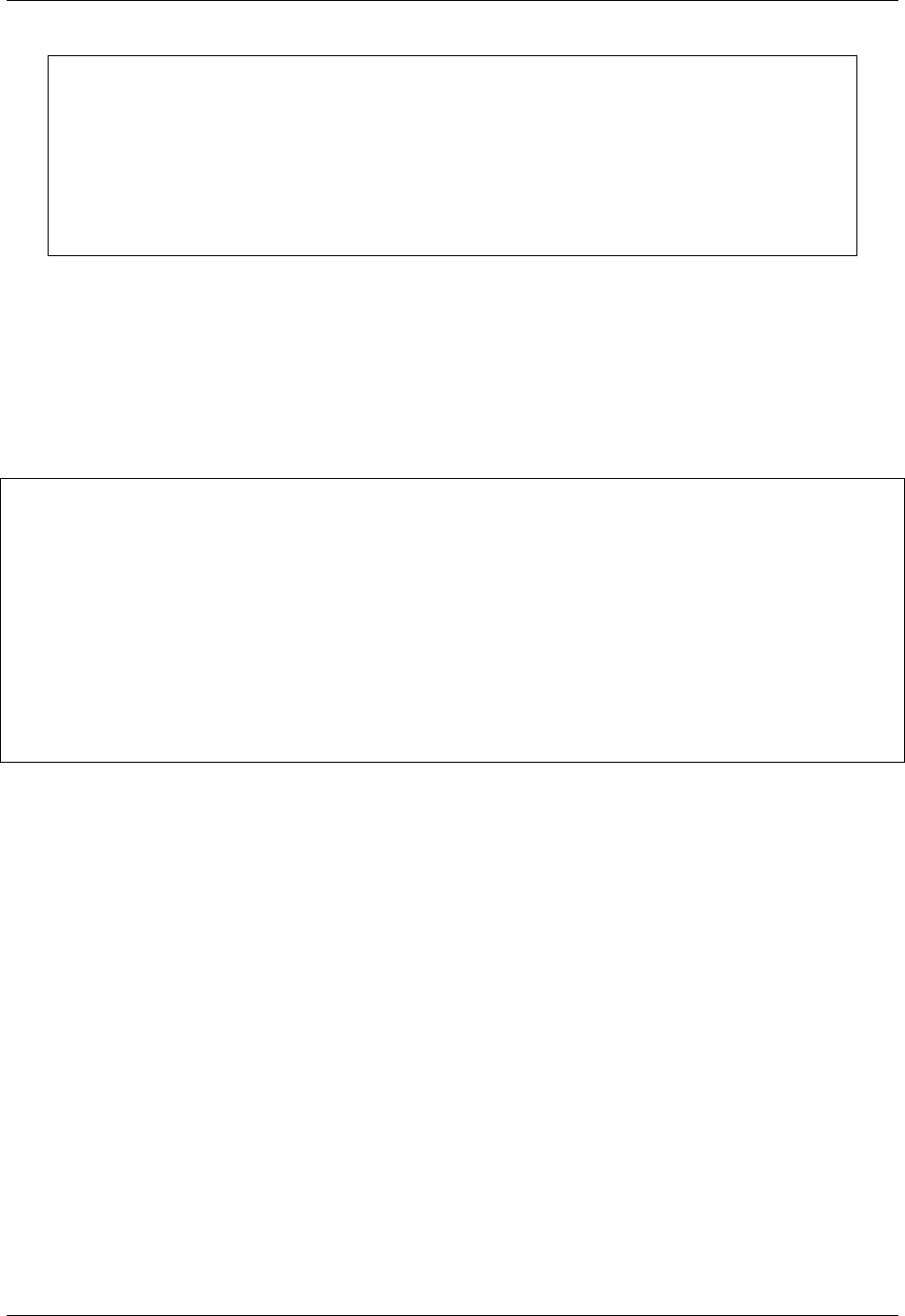
GeoServer User Manual, Release 2.15.1
<ows:Identifier>result</ows:Identifier>
<ows:Title>Zipped output files to download</ows:Title>
<wps:Reference href="http://127.0.0.1:8080/geoserver/ows?service=WPS&
,→amp;version=1.0.0&request=GetExecutionResult&executionId=c1074100-
,→446a-4963-94ad-cbbf8b8a7fd1&outputId=result.zip&
,→mimetype=application%2Fzip" mimeType="application/zip" />
</wps:Output>
</wps:ProcessOutputs>
</wps:ExecuteResponse>
Writing parameters
The writeParameters input element of a process execution allows to specify parameters to be ap-
plied by the outputFormat encoder when producing the output file. Writing parameters are listed
as multiple <dwn:Parameter key="writingParameterName">value</dwn:Parameter> within a
<dwn:Parameters> parent element. See the below xml containing full syntax of a valid example for TIFF
output format:
<wps:Input>
<ows:Identifier>writeParameters</ows:Identifier>
<wps:Data>
<wps:ComplexData xmlns:dwn="http://geoserver.org/wps/download">
<dwn:Parameters>
<dwn:Parameter key="tilewidth">128</dwn:Parameter>
<dwn:Parameter key="tileheight">128</dwn:Parameter>
<dwn:Parameter key="compression">JPEG</dwn:Parameter>
<dwn:Parameter key="quality">0.75</dwn:Parameter>
</dwn:Parameters>
</wps:ComplexData>
</wps:Data>
</wps:Input>
GeoTIFF/TIFF supported writing parameters
The supported writing parameters are:
•tilewidth : Width of internal tiles, in pixels
•tileheight : Height of internal tiles, in pixels
•compression : Compression type used to store internal tiles. Supported values are:
–CCITT RLE (Lossless) (Huffman)
–LZW (Lossless)
–JPEG (Lossy)
–ZLib (Lossless)
–PackBits (Lossless)
–Deflate (Lossless)
•quality : Compression quality for lossy compression (JPEG). Value is in the range [0 : 1] where 0 is
for worst quality/higher compression and 1 is for best quality/lower compression
16.12. WPS download community module 1787

GeoServer User Manual, Release 2.15.1
•writenodata : Supported value is one of true/false. Note that, by default, a nodata TAG is produced
as part of the output GeoTIFF file as soon as a nodata is found in the GridCoverage2D to be written.
Therefore, not specifying this parameter will result into writing nodata to preserve default behavior.
Setting it to false will avoid writing that TAG.
Rendered map/animation download processes
These processes allow download large maps and animations.
The rendered download processes
The map and animation downloads work off a set of common parameters:
•bbox : a geo-referenced bounding box, controlling both output area and desired projection
•decoration : the name of a decoration layout to be added on top of the map
•time : a WMS time specification used to drive the selection of times across the layers in the map,
and to control the frame generation in the animation
•width and height : size of the output map/animation (and in combination with bounding box, also
controls the output map scale)
•layer: a list of layer specifications, from a client side point of view (thus, a layer can be composed of
multiple server side layers)
The layer specification
A layer specification is a XML structure made of three parts:
• Name: a comma separated list of layer names (eventually just one)
• Capabilities: link to a capabilities document (optional, used when targetting remote WMS layers)
• Parameter (key, value): an extra parameter to be added in the WMS request represented by this layer
(e.g., elevation,CQL_FILTER,env)
For example:
<wps:ComplexData xmlns:dwn="http://geoserver.org/wps/download">
<dwn:Layer>
<dwn:Capabilities>http://demo.geo-solutions.it/geoserver/ows?service=wms&
,→version=1.1.1&request=GetCapabilities</dwn:Name>
<dwn:Name>topp:states</dwn:Name>
<dwn:Parameter key="CQL_FILTER"><![CDATA[PERSONS > 1000000]]></dwn:Parameter>
</dwn:Layer>
</wps:ComplexData>
Sample DownloadMap requests
The map download process has only the basic inputs described above, the time parameter is optional. The
map download process uses the WMS machinery to produce the output, but it’s not subject to the WMS
service limits (width and height in this process can be limited using the WPS process security).
A download map issued against a set of local layers can look as follows:
1788 Chapter 16. Community modules
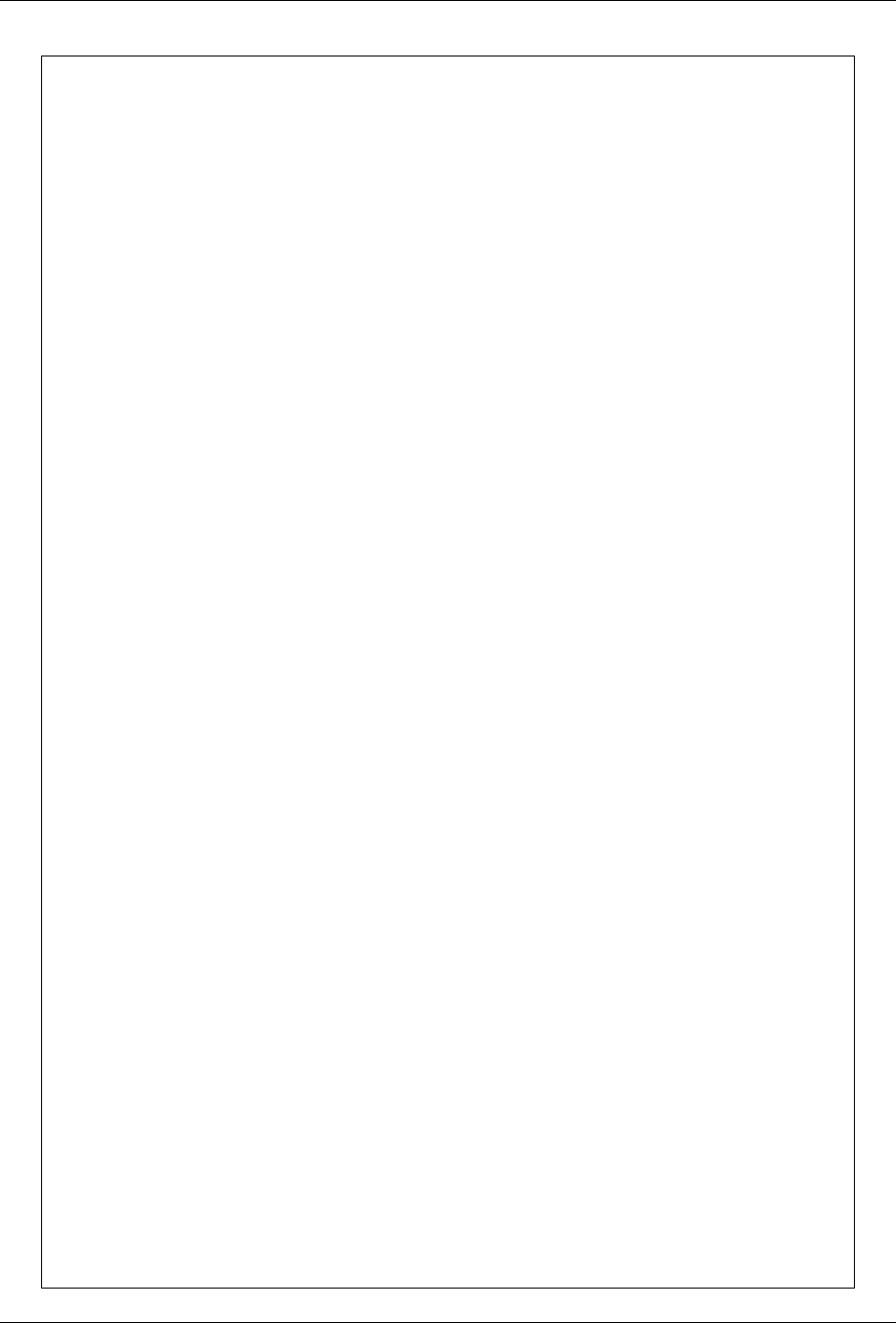
GeoServer User Manual, Release 2.15.1
<?xml version="1.0" encoding="UTF-8"?>
<wps:Execute version="1.0.0" service="WPS"
xmlns:xsi="http://www.w3.org/2001/XMLSchema-instance" xmlns=
,→"http://www.opengis.net/wps/1.0.0"
xmlns:wfs="http://www.opengis.net/wfs" xmlns:wps="http://www.
,→opengis.net/wps/1.0.0"
xmlns:ows="http://www.opengis.net/ows/1.1" xmlns:gml="http://
,→www.opengis.net/gml"
xmlns:ogc="http://www.opengis.net/ogc" xmlns:wcs="http://www.
,→opengis.net/wcs/1.1.1"
xmlns:xlink="http://www.w3.org/1999/xlink"
xsi:schemaLocation="http://www.opengis.net/wps/1.0.0 http://
,→schemas.opengis.net/wps/1.0.0/wpsAll.xsd">
<ows:Identifier>gs:DownloadMap</ows:Identifier>
<wps:DataInputs>
<wps:Input>
<ows:Identifier>bbox</ows:Identifier>
<wps:Data>
<wps:BoundingBoxData crs="EPSG:4326">
<ows:LowerCorner>0.237 40.562</ows:LowerCorner>
<ows:UpperCorner>14.593 44.55</ows:UpperCorner>
</wps:BoundingBoxData>
</wps:Data>
</wps:Input>
<wps:Input>
<ows:Identifier>time</ows:Identifier>
<wps:Data>
<wps:LiteralData>2008-10-31T00:00:00.000Z</wps:LiteralData>
</wps:Data>
</wps:Input>
<wps:Input>
<ows:Identifier>width</ows:Identifier>
<wps:Data>
<wps:LiteralData>200</wps:LiteralData>
</wps:Data>
</wps:Input>
<wps:Input>
<ows:Identifier>height</ows:Identifier>
<wps:Data>
<wps:LiteralData>80</wps:LiteralData>
</wps:Data>
</wps:Input>
<wps:Input>
<ows:Identifier>layer</ows:Identifier>
<wps:Data>
<wps:ComplexData xmlns:dwn="http://geoserver.org/wps/download">
<dwn:Layer>
<dwn:Name>giantPolygon</dwn:Name>
<dwn:Parameter key="featureId">giantPolygon.0</dwn:Parameter>
</dwn:Layer>
</wps:ComplexData>
</wps:Data>
</wps:Input>
<wps:Input>
<ows:Identifier>layer</ows:Identifier>
<wps:Data>
<wps:ComplexData xmlns:dwn="http://geoserver.org/wps/download">
<dwn:Layer>
16.12. WPS download community module 1789

GeoServer User Manual, Release 2.15.1
<dwn:Name>watertemp</dwn:Name>
</dwn:Layer>
</wps:ComplexData>
</wps:Data>
</wps:Input>
</wps:DataInputs>
<wps:ResponseForm>
<wps:RawDataOutput mimeType="image/png">
<ows:Identifier>result</ows:Identifier>
</wps:RawDataOutput>
</wps:ResponseForm>
</wps:Execute>
For this example the layers could have been a single one, with a “Name” equal to “giantPoly-
gon,watertermp”.
Sample DownloadAnimation request
The download animation has all the basic parameters with the following variants/additions:
• time: The time parameter is required and can be provided either as range with periodicity, start/
stop/period, or as a comma separated list of times,“t1,t2,. . . ,tn“
• fps: Frame per seconds (defaults to one)
A sample animation request can look as follows:
<?xml version="1.0" encoding="UTF-8"?>
<wps:Execute version="1.0.0" service="WPS"
xmlns:xsi="http://www.w3.org/2001/XMLSchema-instance" xmlns=
,→"http://www.opengis.net/wps/1.0.0"
xmlns:wfs="http://www.opengis.net/wfs" xmlns:wps="http://www.
,→opengis.net/wps/1.0.0"
xmlns:ows="http://www.opengis.net/ows/1.1" xmlns:gml="http://
,→www.opengis.net/gml"
xmlns:ogc="http://www.opengis.net/ogc" xmlns:wcs="http://www.
,→opengis.net/wcs/1.1.1"
xmlns:xlink="http://www.w3.org/1999/xlink"
xsi:schemaLocation="http://www.opengis.net/wps/1.0.0 http://
,→schemas.opengis.net/wps/1.0.0/wpsAll.xsd">
<ows:Identifier>gs:DownloadAnimation</ows:Identifier>
<wps:DataInputs>
<wps:Input>
<ows:Identifier>bbox</ows:Identifier>
<wps:Data>
<wps:BoundingBoxData crs="EPSG:4326">
<ows:LowerCorner>-180 -90</ows:LowerCorner>
<ows:UpperCorner>180 90</ows:UpperCorner>
</wps:BoundingBoxData>
</wps:Data>
</wps:Input>
<wps:Input>
<ows:Identifier>decoration</ows:Identifier>
<wps:Data>
<wps:LiteralData>formattedTimestamper</wps:LiteralData>
</wps:Data>
</wps:Input>
1790 Chapter 16. Community modules
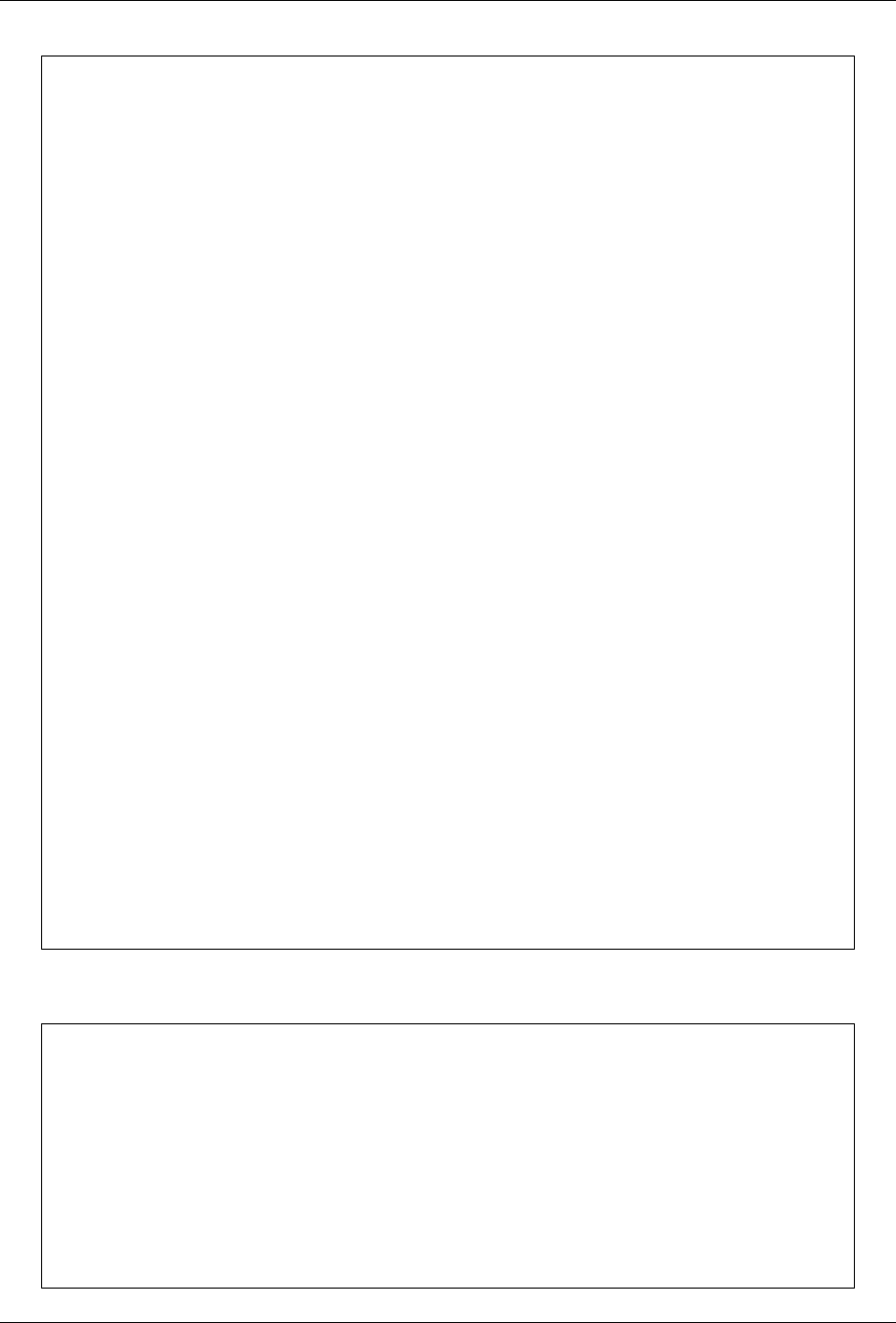
GeoServer User Manual, Release 2.15.1
<wps:Input>
<ows:Identifier>time</ows:Identifier>
<wps:Data>
<wps:LiteralData>2004-02-01,2004-03-01,2004-04-01,2004-05-01</
,→wps:LiteralData>
</wps:Data>
</wps:Input>
<wps:Input>
<ows:Identifier>width</ows:Identifier>
<wps:Data>
<wps:LiteralData>271</wps:LiteralData>
</wps:Data>
</wps:Input>
<wps:Input>
<ows:Identifier>height</ows:Identifier>
<wps:Data>
<wps:LiteralData>136</wps:LiteralData>
</wps:Data>
</wps:Input>
<wps:Input>
<ows:Identifier>fps</ows:Identifier>
<wps:Data>
<wps:LiteralData>0.5</wps:LiteralData>
</wps:Data>
</wps:Input>
<wps:Input>
<ows:Identifier>layer</ows:Identifier>
<wps:Data>
<wps:ComplexData xmlns:dwn="http://geoserver.org/wps/download">
<dwn:Layer>
<dwn:Name>sf:bmtime</dwn:Name>
</dwn:Layer>
</wps:ComplexData>
</wps:Data>
</wps:Input>
</wps:DataInputs>
<wps:ResponseForm>
<wps:RawDataOutput mimeType="video/mp4">
<ows:Identifier>result</ows:Identifier>
</wps:RawDataOutput>
</wps:ResponseForm>
</wps:Execute>
The formattedTimestamper decoration ensures the frame time is included in the output animation, and
looks as follows:
<layout>
<decoration type="text" affinity="bottom,right" offset="6,6" size="auto">
<option name="message"><![CDATA[
<#setting datetime_format="yyyy-MM-dd'T'HH:mm:ss.SSSX">
<#setting locale="en_US">
<#if time??>
${time?datetime?string["dd-MM-yyyy"]}
</#if>]]></option>
<option name="font-family" value="Bitstream Vera Sans"/>
<option name="font-size" value="12"/>
<option name="halo-radius" value="2"/>
</decoration>
16.12. WPS download community module 1791
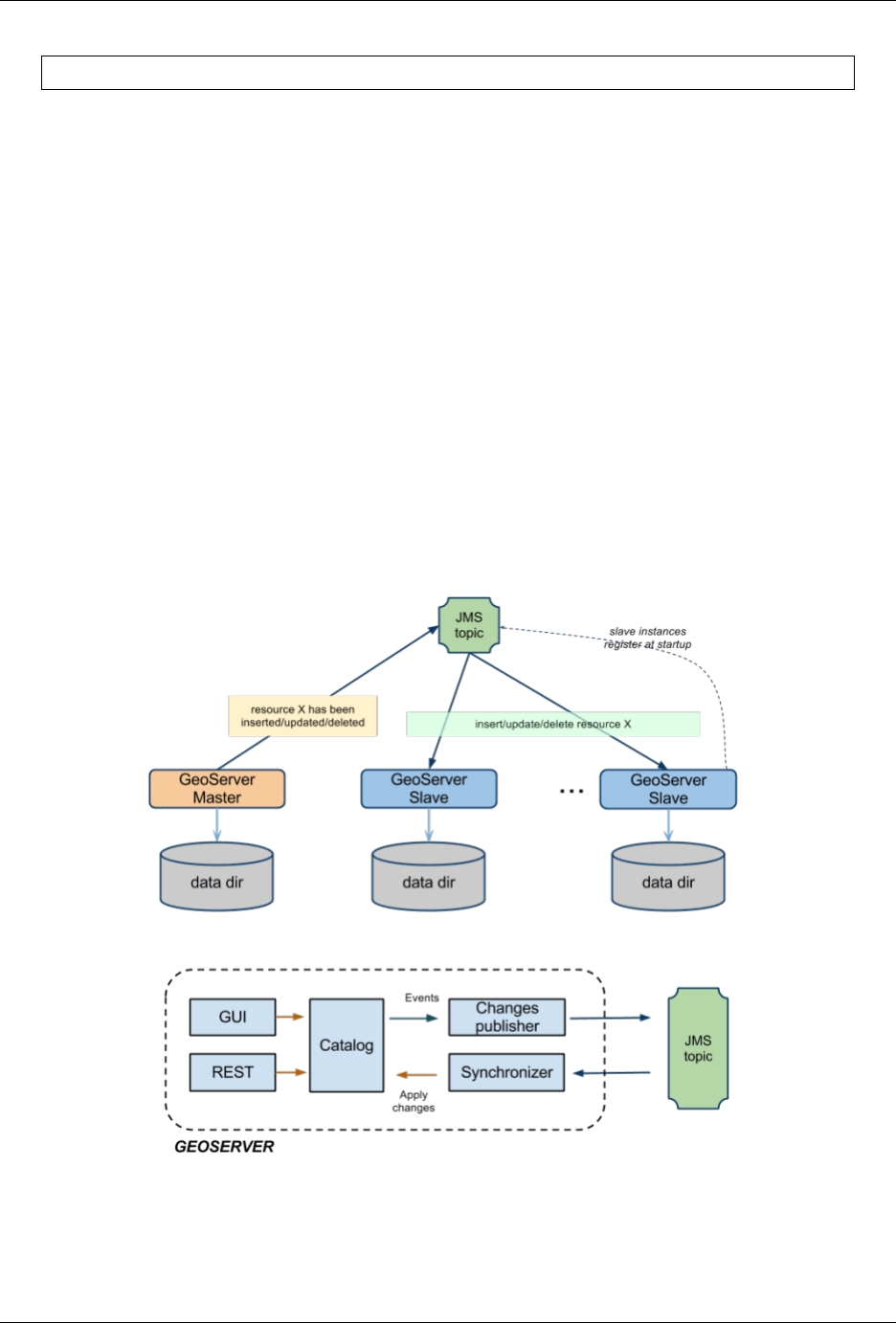
GeoServer User Manual, Release 2.15.1
</layout>
Decoration Layout
The decoration parameter specifies the file name (without extension) of the layout to be used to
decorate the map.
The layout is a list of decorators that should draw on top of the requested image.
The decorators draw on the image one after the other, so the order of the decorators in the layout file is
important: the first decorator output will appear under the others.
Decorators are described in detail in the WMS Decorations section.
16.13 JMS based Clustering
16.13.1 Introduction
The are several approaches to implement a clustered deployment with GeoServer, based on different mixes
of data directory sharing plus configuration reload. The JMS based clustering module architecture is de-
picted in the following diagram:
This module implements a robust Master/Slave approach which leverages on a Message Oriented Middle-
ware (MOM) where:
1792 Chapter 16. Community modules

GeoServer User Manual, Release 2.15.1
• The Masters accept changes to the internal configuration, persist them on their own data directory
but also forward them to the Slaves via the MOM
• The Slaves should not be used to change their configuration from either REST or the User Interface,
since are configured to inject configuration changes disseminated by the Master(s) via the MOM
• The MOM is used to make the Master and the Slave exchange messages in a durable fashion
• Each Slave has its own data directory and it is responsible for keeping it aligned with the Master’s
one. In case a Slave goes down when it goes up again he might receive a bunch of JMS messages to
align its configuration to the Master’s one.
• A Node can be both Master and Slave at the same time, this means that we don’t have a single point
of failure, i.e. the Master itself
Summarizing, the Master as well as each Slave use a private data directory, Slaves receive changes from the
Master, which is the only one where configuration changes are allowed, via JMS messages. Such messages
transport GeoServer configuration objects that the Slaves inject directly in their own in-memory configu-
ration and then persist on disk on their data directory, completely removing the need for a configuration
reload for each configuration change.
To make things simpler, in the default configuration the MOM is actually embedded and running inside
each GeoServer, using multicast to find its peers and thus allowing for a clustering installation without the
need to have a separate MOM deploy.
16.13.2 Description
The GeoServer Master/slave integration is implemented using JMS, Spring and a MOM (Message Oriented
Middleware), in particular ActiveMQ. The schema in Illustration represents a complete high level design
of Master/Slave platform. It is composed by 3 distinct actors:
1. GeoServer Masters
2. GeoServer Slaves
3. The MOM (ActiveMQ)
This structure allows to have:
1. Queue fail-over components (using MOM).
2. Slaves down are automatically handled using durable topic (which will store message to re-synch
changes happens if one of the slaves is down when the message was made available)
3. Master down will not affect any slave synchronization process.
This full blown deployment is composed by:
• A pure Master GeoServer(s), this instance can only send events to the topic. It cannot act as a slave
• A set of GeoServer which can work as both Master and Slave. These instances can send and receive
messages to/from the topic. They can work as Masters (sending message to other subscribers) as well
as Slaves (these instances are also subscribers of the topic).
• A set of pure Slaves GeoServer instances whic can only receive messages from the topic.
• A set of MOM brokers so that each GeoServer instance is configured with a set of available brokers
(failover). Each broker use the shared database as persistence. Doing so if a broker fails for some
reason, messages can still be written and read from the shared database.
All the produced code is based on spring-jms to ensure portability amongst different MOM, but if you look
at the schema, we are also leveraging ActiveMQ VirtualTopics to get dinamic routing (you can dinamically
attach masters and slaves).
16.13. JMS based Clustering 1793
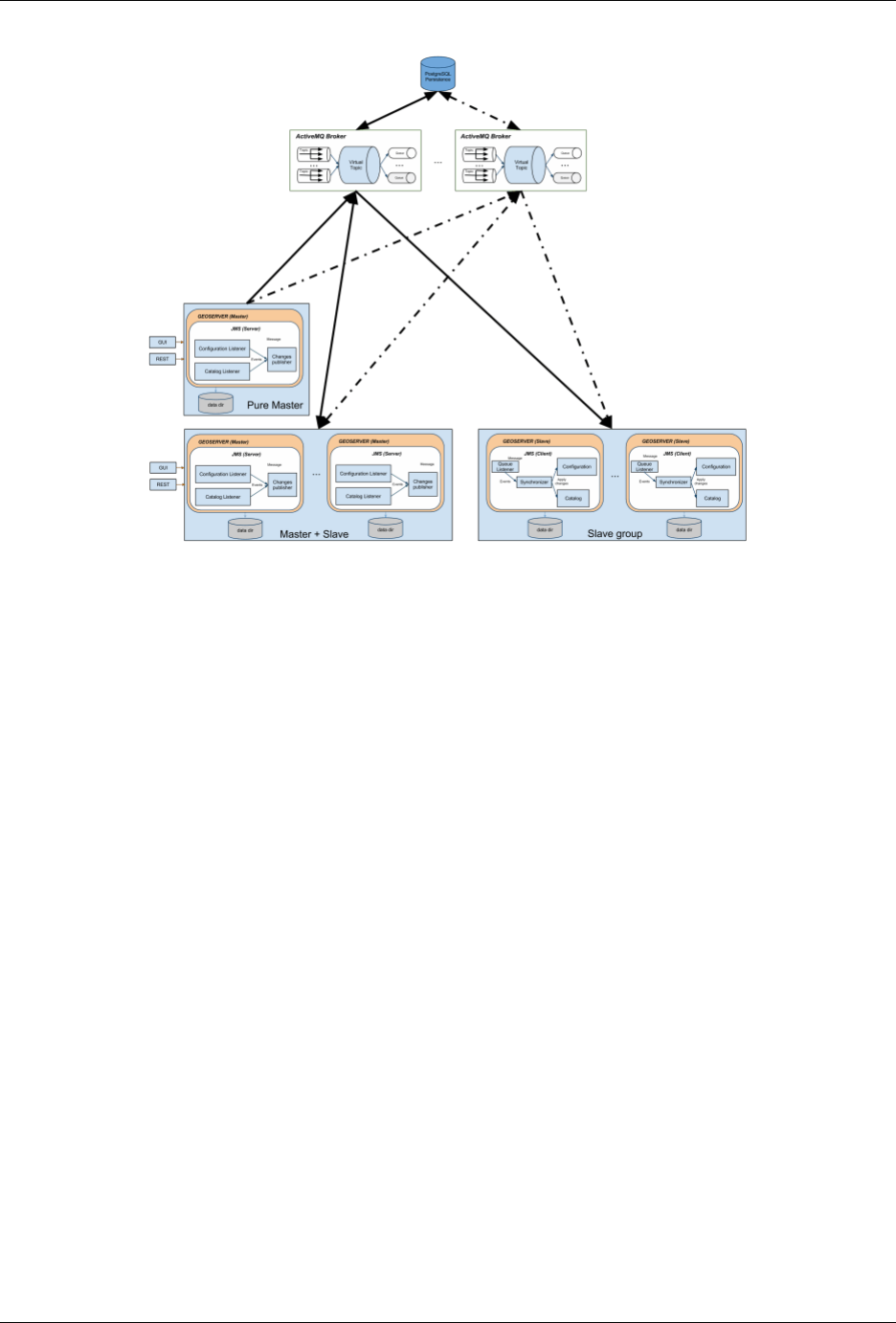
GeoServer User Manual, Release 2.15.1
The VirtualTopics feature has also other advantages explained here: http://activemq.apache.org/
virtual-destinations.html
As said above, in the default configuration the MOM runs inside GeoServer itself, simplifying the topology
and the setup effort.
Installation
To install the jms cluster modules into an existing GeoServer refer to the Installation of the JMS Cluster modules
page
16.13.3 How to configure GeoServer Instances
The configuration for the GeoServer is very simple and can be performed using the provided GUI or modi-
fying the cluster.properties file which is stored into the GEOSERVER_DATA_DIR under the cluster
folder (e.g. ${GEOSERVER_DATA_DIR}/cluster).
To override the default destination of this configuration file you have to setup the CLUS-
TER_CONFIG_DIR variable defining the destination folder of the cluster.properties file. This is manda-
tory when you want to share the same GEOSERVER_DATA_DIR, but not required if you are giving each
GeoServer its own data directory.
In case of shared data directory, it will be necessary to add a different system variable to each JVM running
a GeoServer, e.g.:
•-DCLUSTER_CONFIG_DIR=/var/geoserver/clusterConfig/1 to the JVM running the first
node
•-DCLUSTER_CONFIG_DIR=/var/geoserver/clusterConfig/2 to the JVM running the second
node
• and so on
1794 Chapter 16. Community modules

GeoServer User Manual, Release 2.15.1
If the directories are missing, GeoServer will create them and provide a initial cluster.properties with
reasonable defaults.
16.13.4 Instance name
The instance.name is used to distinguish from which GeoServer instance the message is coming from, so
each GeoServer instance should use a different, unique (for a single cluster) name.
16.13.5 Broker URL
The broker.url field is used to instruct the internal JMS machinery where to publish messages to (master
GeoServer installation) or where to consume messages from (slave GeoServer installation). Many options
are available for configuring the connection between the GeoServer instance and the JMS broker, for a
complete list, please, check http://activemq.apache.org/configuring-transports.html. In case when (rec-
ommended) failover set up is put in place multiple broker URLs can be used. See http://activemq.apache.
org/failover-transport-reference.html for more information about how to configure that. Note GeoServer
will not complete the start-up phase until the target broker is correctly activated and reachable.
16.13.6 Limitations and future extensions
Data
NO DATA IS SENT THROUGH THE JMS CHANNEL The clustering solution we have put in place is spe-
cific for managing the GeoServer internal configuration, no data is transferred between master and slaves.
For that purpose use external mechanisms (ref. [GeoServer REST]). In principle this is not a limitation per
se since usually in a clustered environment data is stored in shared locations outside the data directory.
With our solution this is a requirement since each slave will have its own private data directory.
Things to avoid
•NEVER RELOAD THE GEOSERVER CATALOG ON A MASTER: Each master instance should
never call the catalog reload since this propagates the creation of all the resources, styles, etc to all the
connected slaves.
•NEVER CHANGE CONFIGURATION USING A PURE SLAVE: This will make the configuration
of the specific slave out of synch with the others.
16.13.7 Refs:
Installation of the JMS Cluster modules
To install the JMS Cluster modules you simply have to:
• Download the geoserver-jms-cluster-<version>.zip file from the nightly builds, commu-
nity section
• Stop GeoServer
• Unpack the zip file in webapps/geoserver/WEB-lib
• Start again GeoServer
16.13. JMS based Clustering 1795
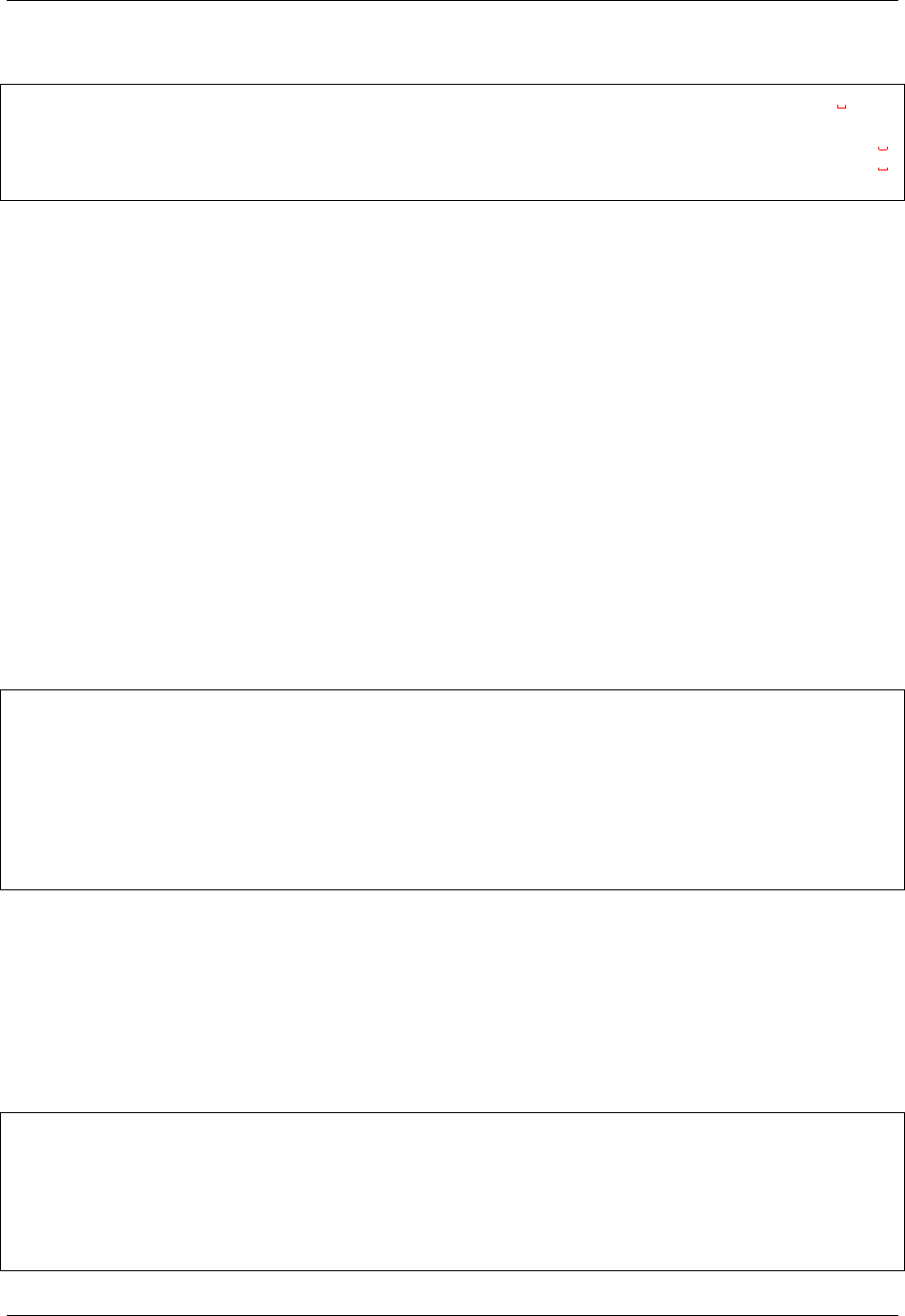
GeoServer User Manual, Release 2.15.1
: .. warning:
In GeoServer versions 2.10.4, 2.11.1 and 2.12-beta default topic name was renamed
,→from ``VirtualTopic.>``, which has a special meaning in ActiveMQ, to ``VirtualTopic.
,→geoserver``. When upgrading to one of this versions or above the virtual topic name
,→will be automatically updated. Note that only GeoServer instances that use the same
,→topic name will be synchronized.
As a recommendation, for the first tests try to run the cluster module on a cluster of GeoServer all having
their own data directory.
If you want to use the clustering extension while sharing the same data dir that’s also possible, but you’ll
have to remember to use the CLUSTER_CONFIG_DIR system variable, and set it to a different folder for
each instance, e.g.:
• set -DGEOSERVER_CONFIG_DIR=/path/to/cluster/config/dir/1 on the first node,
• set -DGEOSERVER_CONFIG_DIR=/path/to/cluster/config/dir/2 on the second node
• and so on
The directories do not need to exist, GeoServer will create and populate them on startup automatically.
HOWTO configure ActiveMQ broker
Deploy the produced activemqBroker.war in your tomcat instance and check the extracted webapp. You
may locate a file called activemq-jmx.properties which will help you to configure your instance with the
most important paramenters. Anyhow it is only an example and we encourage you to also check the Ap-
plicationContext.xml file deployed to activemq/WEB-INF/classes/ApplicationContext.xml which is the
complete configuration:
...
<!-- The transport connectors expose ActiveMQ over a given protocol to
clients and other brokers.
For more information, see: http://activemq.apache.org/configuring-transports.
,→html -->
<transportConnectors>
<transportConnector name="openwire" uri="tcp://192.168.1.XXX:61616" />
</transportConnectors>
...
Persistence Configuration
It is possible to enable persistence for messages that cannot be delivered right away (e.g. all consumers
are down). Detailed information can be found here, we are simply going to provide basic information
on how to achieve that. To configure the persistence for the messages to deliver you need to setup the
<persistenceAdapter> node in the same file as above and then configure a proper datasource in your DBMS
of choice.
...
<persistenceAdapter>
<!-- <kahaDB directory="${activemq.base}/data/kahadb"/> -->
<jdbcPersistenceAdapter dataDirectory="activemq-data"
dataSource="#postgres-ds" lockKeepAlivePeriod="0"/>
</persistenceAdapter>
...
1796 Chapter 16. Community modules
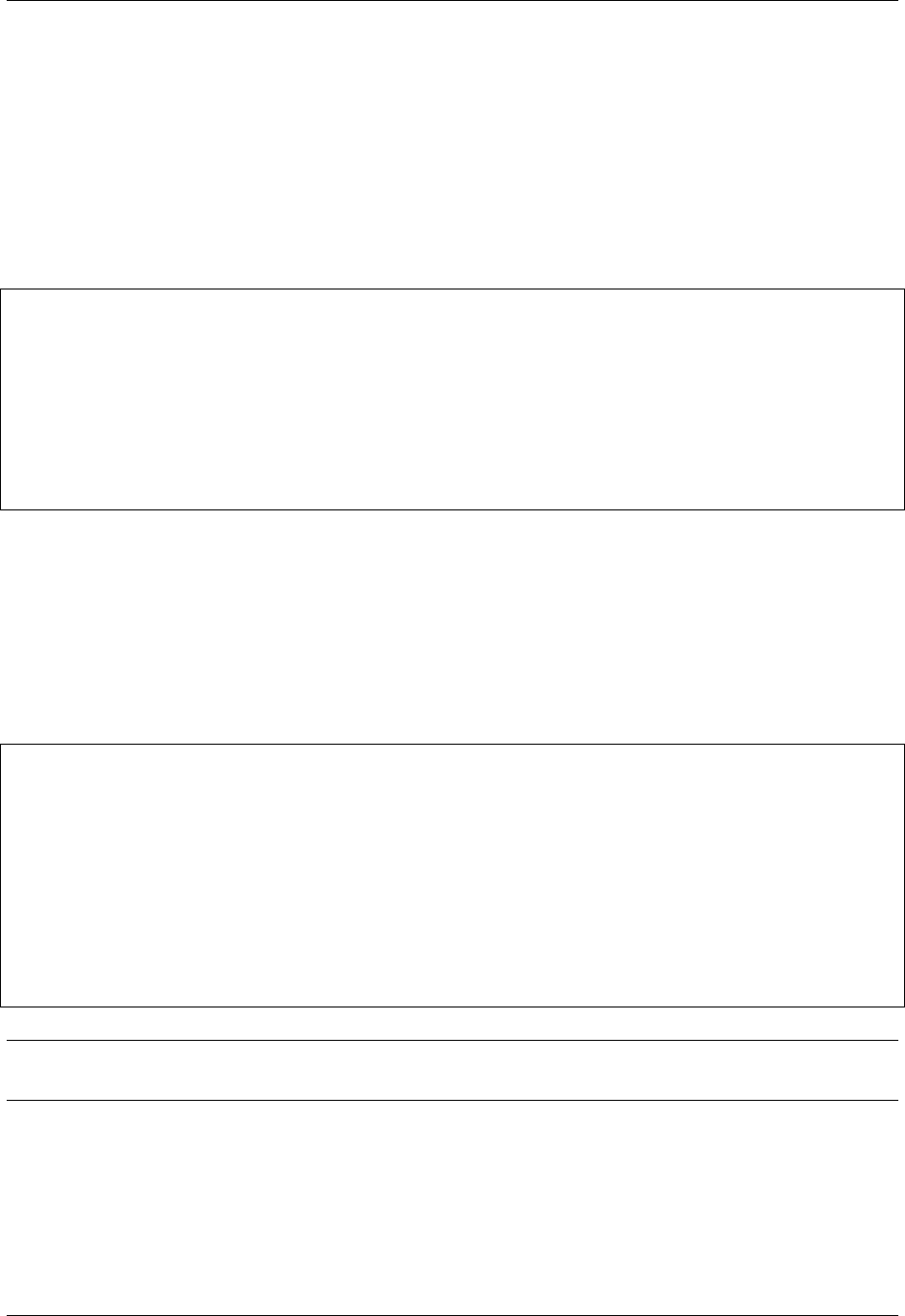
GeoServer User Manual, Release 2.15.1
In the above section we defined a jdbcPersistenceAdapter connected to a dataSource called #postgres-ds
that forces the broker to use PostgreSQL for persisting its messages when the delivery cannot be guaranteed
(e.g. a slave goes down unexpectedly). You now need to configure your own datasource as specified in the
following section which are specific for different DBMS.
Oracle datasource
To configure the broker to use an oracle database as datasource you need to uncomment and modify the
following peace into the ApplicationContext.xml file:
...
<bean id="oracle-ds" class="org.apache.commons.dbcp.BasicDataSource" destroy-method=
,→"close">
<property name="driverClassName" value="oracle.jdbc.driver.OracleDriver"/>
<property name="url" value="jdbc:oracle:thin:@localhost:1521:AMQDB"/>
<property name="username" value="oracle"/>
<property name="password" value=" oracle "/>
<property name="poolPreparedStatements" value="true"/>
</bean>
...
In addition, you need to make sure that the jar containing the driver for Oracle is correctly deployed inside
the WEB-INF/lib for the activemq war file. At the same time the database referred in provided instructions
as well as the user must be already present.
Postgres datasource
Configuring PostgreSQL as the datasource to use for the persistence of the messages for the ActiveMQ
broker follows the same pattern as above. See below for some examples.
...
<bean id="postgres-ds" class="org.postgresql.ds.PGPoolingDataSource">
<property name="serverName" value="192.168.1.XXX"/>
<property name="databaseName" value="activemq"/>
<property name="portNumber" value="5432"/>
<property name="user" value="postgres"/>
<property name="password" value="postgres"/>
<property name="dataSourceName" value="postgres"/>
<property name="initialConnections" value="15"/>
<property name="maxConnections" value="30"/>
</bean>
...
Note: The above ApplicationContext.xml file contains some unused sections which are intentionally com-
mented out to show different types of configurations [Ref. ActiveMQ].
Kaha datasource (Embedded database)
Besides using server DBMS as indicated above we can use embedded database for simpler uses cases of
demoing since this usually largely simplify the configuration. At this link all the information needed for
16.13. JMS based Clustering 1797
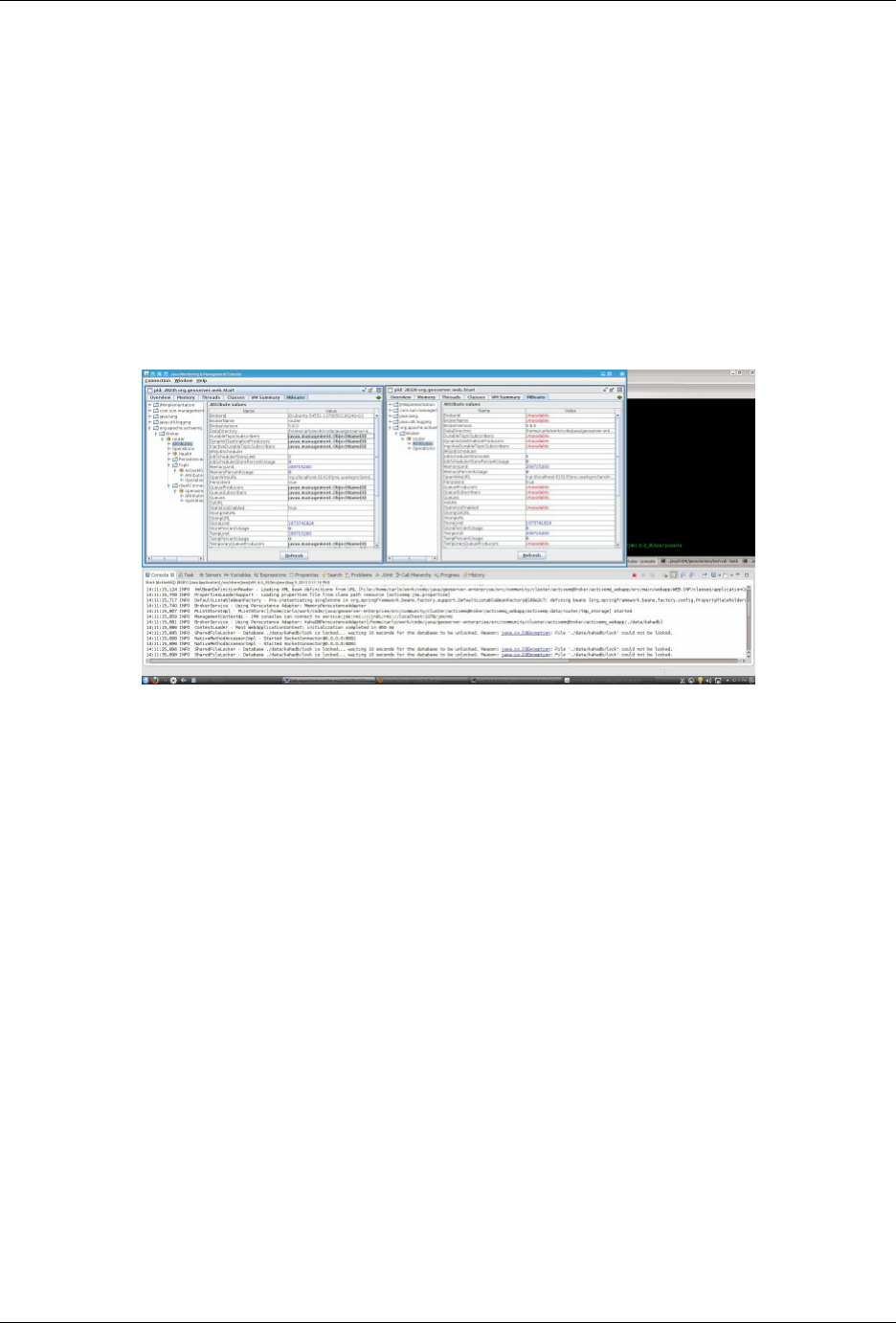
GeoServer User Manual, Release 2.15.1
achieving this result can be found; basically we need to uncomment the related datasource and then refer-
ence it from the persistenceAdapter.
Control instances using JMX
Be sure to edit the activemq-jmx.properties (or via the environment variables) setting different JMX ports
for different broker instances. Deploy as explained the instances into 2 different webapplication container
(f.e. Tomcat) and start both application (on different port f.e. 8081 and 8082). Now run jconsole to connect
to the brokers via JMX:
${JAVA_HOME}/bin/jconsole
After you connect to the brokers you may see something like this:
You may look at the console, as you can see the 2nd instance of the broker cannot take the look on the file
(the example uses KahaDB); this is also visible in the JMX console into the widhow on the right side.
If now you select the ‘operation’ (on the left side window) you will see:
Using that console we are able to perform many operation, so to simulate a broker down we try to click on
the ‘stop()’ button.
Doing so, the first broker instance will stop and the JMX connection will be closed, and the second instance
(on the right side) will keep the control of the DB.
JDBC Master Slave
If you are using pure JDBC and not using the high performance journal then you are generally relying
on your database as your single point of failure and persistence engine. If you do not have really high
performance requirements this approach can make a lot of sense as you have a single persistence engine to
backup and manage etc.
Startup
When using just JDBC as the data source you can use a Master Slave approach, running as many brokers as
you wish as this diagram shows. On startup one master grabs an exclusive lock in the broker database - all
other brokers are slaves and pause waiting for the exclusive lock.
1798 Chapter 16. Community modules
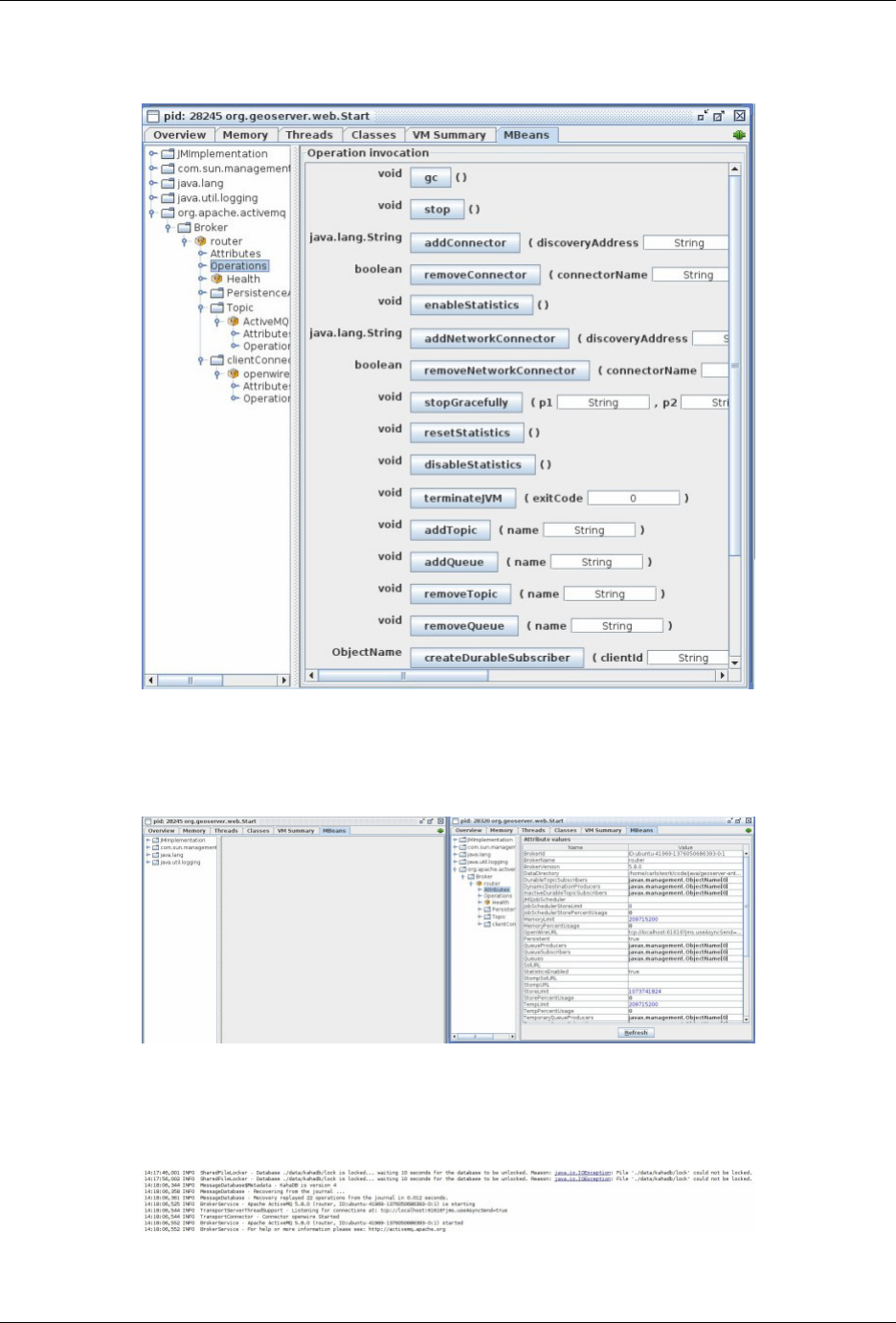
GeoServer User Manual, Release 2.15.1
16.13. JMS based Clustering 1799
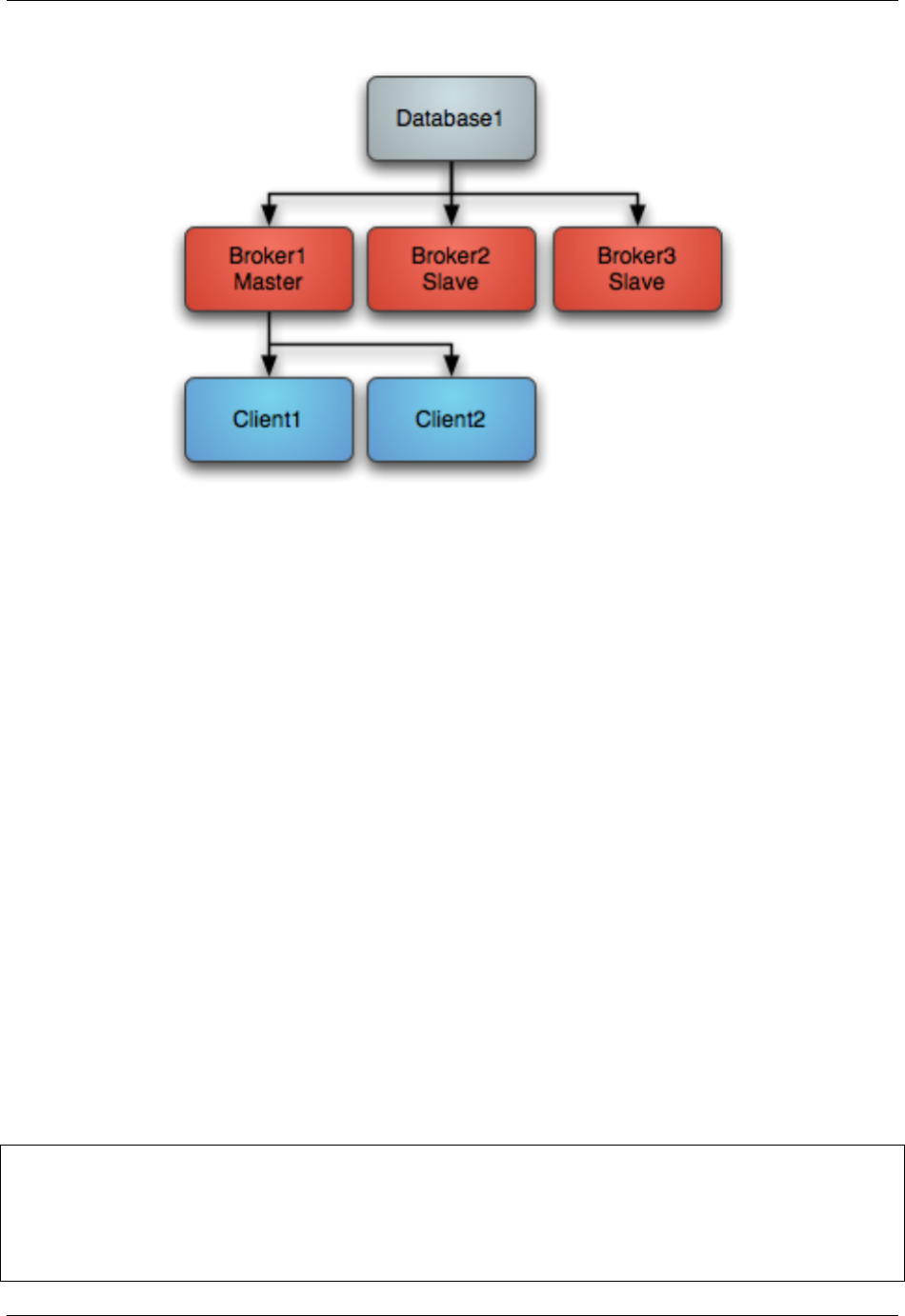
GeoServer User Manual, Release 2.15.1
Clients should be using the Failover Transport to connect to the available brokers. e.g. using a URL some-
thing like the following failover:(tcp://broker1:61616,tcp://broker2:61616,tcp://broker3:61616) Only the
master broker starts up its transport connectors and so the clients can only connect to the master.
Master failure
If the master looses connection to the database or looses the exclusive lock then it immediately shuts down.
If a master shuts down or fails, one of the other slaves will grab the lock and so the topology switches to
the following diagram
One of the other other slaves immediately grabs the exclusive lock on the database to them commences
becoming the master, starting all of its transport connectors. Clients loose connection to the stopped master
and then the failover transport tries to connect to the available brokers - of which the only one available is
the new master. Master restart At any time you can restart other brokers which join the cluster and start as
slaves waiting to become a master if the master is shutdown or a failure occurs. So the following topology
is created after a restart of an old master. . .
Configuring JDBC Master Slave
By default if you use the <jdbcPersistenceAdapter/> to avoid the high performance journal you will be
using JDBC Master Slave by default. You just need to run more than one broker and point the client side
URIs to them to get master/slave. This works because they both try an acquire an exclusive lock on a shared
table in the database and only one will succeed.
The following example shows how to configure the ActiveMQ broker in JDBC Master Slave mode
<beans>
<!-- Allows us to use system properties as variables in this configuration file -->
<bean class="org.springframework.beans.factory.config.PropertyPlaceholderConfigurer
,→"/>
1800 Chapter 16. Community modules
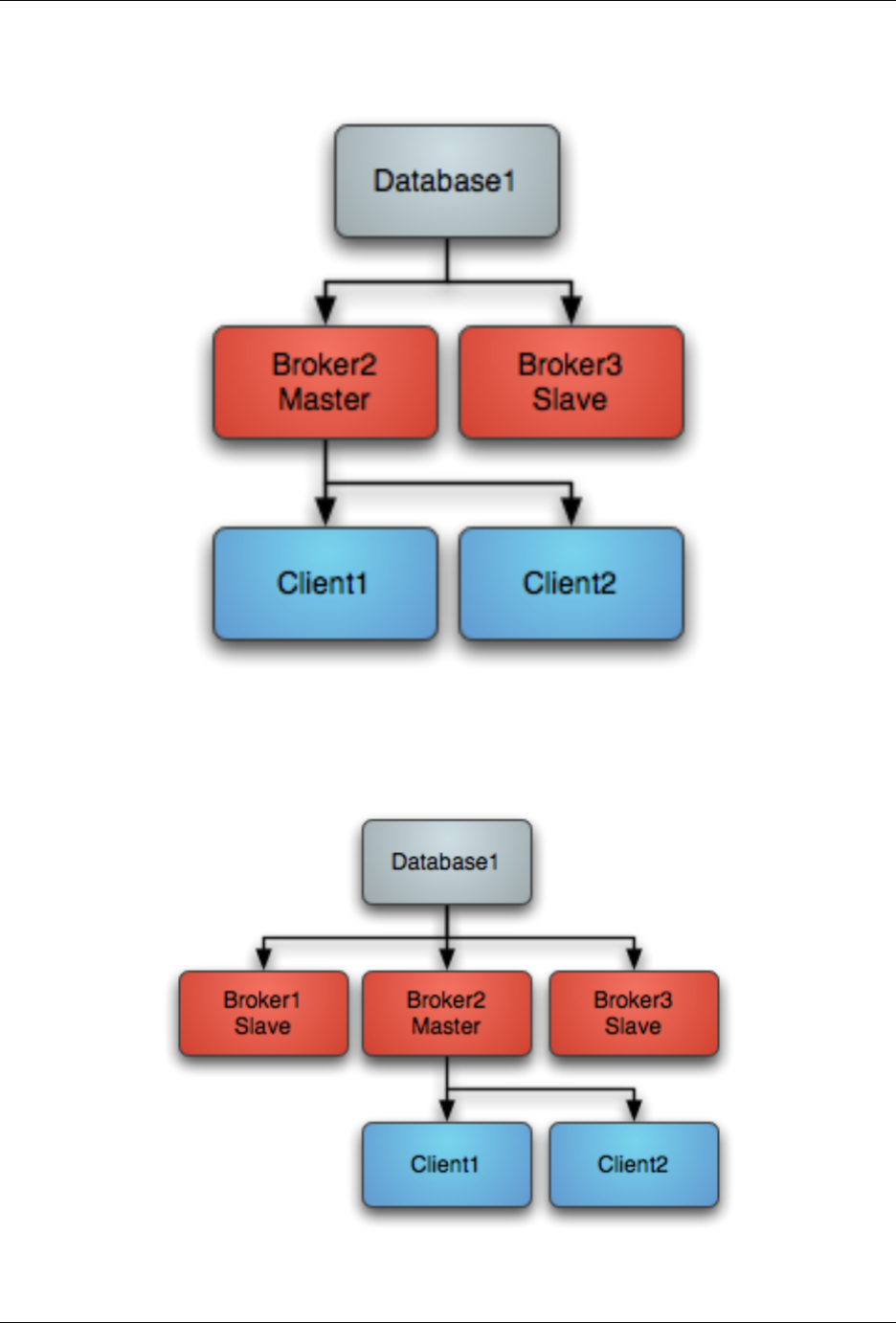
GeoServer User Manual, Release 2.15.1
16.13. JMS based Clustering 1801

GeoServer User Manual, Release 2.15.1
<broker xmlns="http://activemq.apache.org/schema/core">
<destinationPolicy>
<policyMap><policyEntries>
<policyEntry topic="FOO.>">
<dispatchPolicy>
<strictOrderDispatchPolicy />
</dispatchPolicy>
<subscriptionRecoveryPolicy>
<lastImageSubscriptionRecoveryPolicy />
</subscriptionRecoveryPolicy>
</policyEntry>
</policyEntries></policyMap>
</destinationPolicy>
<persistenceAdapter>
<jdbcPersistenceAdapter dataDirectory="${activemq.base}/activemq-data"/>
<!--
<jdbcPersistenceAdapter dataDirectory="activemq-data" dataSource="#oracle-ds"/
,→>
-->
</persistenceAdapter>
<transportConnectors>
<transportConnector name="default" uri="tcp://localhost:61616"/>
</transportConnectors>
</broker>
<!-- This xbean configuration file supports all the standard spring xml
,→configuration options -->
<!-- Postgres DataSource Sample Setup -->
<!--
<bean id="postgres-ds" class="org.postgresql.ds.PGPoolingDataSource">
<property name="serverName" value="localhost"/>
<property name="databaseName" value="activemq"/>
<property name="portNumber" value="0"/>
<property name="user" value="activemq"/>
<property name="password" value="activemq"/>
<property name="dataSourceName" value="postgres"/>
<property name="initialConnections" value="1"/>
<property name="maxConnections" value="10"/>
</bean>
-->
<!-- MySql DataSource Sample Setup -->
<!--
<bean id="mysql-ds" class="org.apache.commons.dbcp.BasicDataSource" destroy-method=
,→"close">
<property name="driverClassName" value="com.mysql.jdbc.Driver"/>
<property name="url" value="jdbc:mysql://localhost/activemq?relaxAutoCommit=true"/
,→>
<property name="username" value="activemq"/>
1802 Chapter 16. Community modules
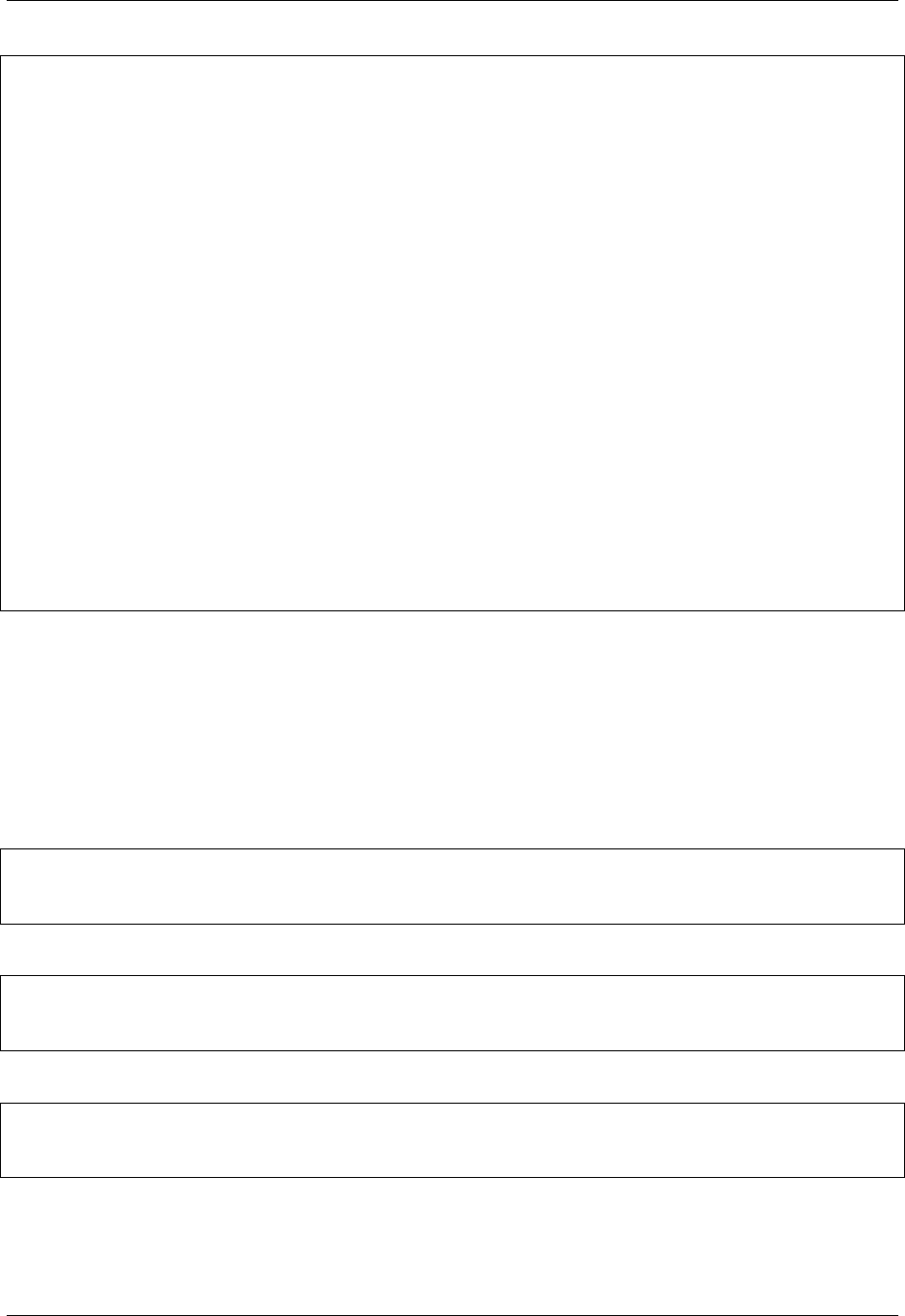
GeoServer User Manual, Release 2.15.1
<property name="password" value="activemq"/>
<property name="poolPreparedStatements" value="true"/>
</bean>
-->
<!-- Oracle DataSource Sample Setup -->
<!--
<bean id="oracle-ds" class="org.apache.commons.dbcp.BasicDataSource" destroy-method=
,→"close">
<property name="driverClassName" value="oracle.jdbc.driver.OracleDriver"/>
<property name="url" value="jdbc:oracle:thin:@localhost:1521:AMQDB"/>
<property name="username" value="scott"/>
<property name="password" value="tiger"/>
<property name="poolPreparedStatements" value="true"/>
</bean>
-->
<!-- Embedded Derby DataSource Sample Setup -->
<!--
<bean id="derby-ds" class="org.apache.derby.jdbc.EmbeddedDataSource">
<property name="databaseName" value="derbydb"/>
<property name="createDatabase" value="create"/>
</bean>
-->
</beans>
Shared File System Master Slave
Basically you can run as many brokers as you wish from the same shared file system directory. The first
broker to grab the exclusive lock on the file is the master broker. If that broker dies and releases the lock
then another broker takes over. The slave brokers sit in a loop trying to grab the lock from the master
broker. The following example shows how to configure a broker for Shared File System Master Slave where
/sharedFileSystem is some directory on a shared file system. It is just a case of configuring a file based store
to use a shared directory.
<persistenceAdapter>
<kahaDB directory="/sharedFileSystem/sharedBrokerData"/>
</persistenceAdapter>
or:
<persistenceAdapter>
<levelDB directory="/sharedFileSystem/sharedBrokerData"/>
</persistenceAdapter>
or:
<persistenceAdapter>
<amqPersistenceAdapter directory="/sharedFileSystem/sharedBrokerData"/>
</persistenceAdapter>
16.13. JMS based Clustering 1803
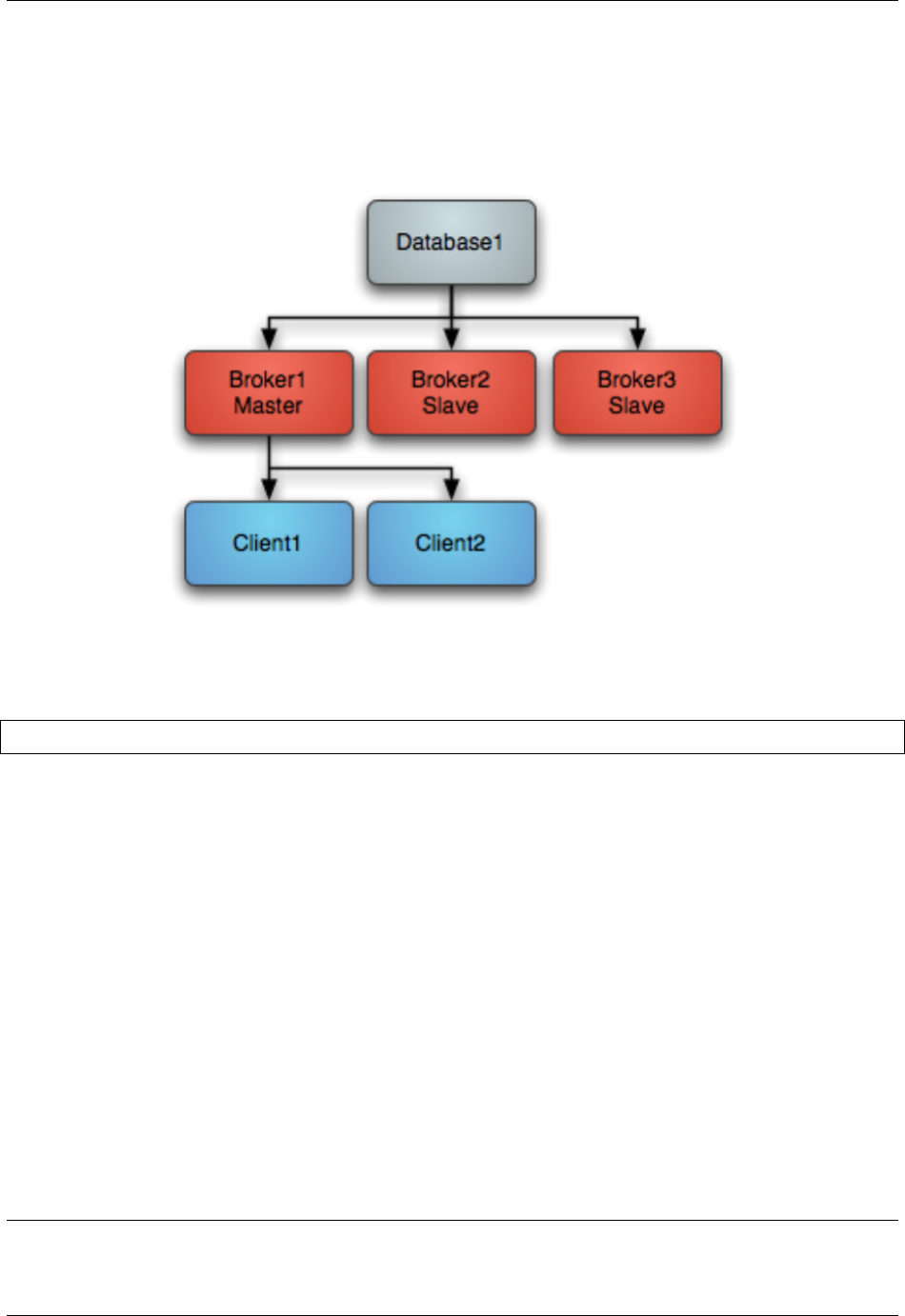
GeoServer User Manual, Release 2.15.1
Startup
On startup one master grabs an exclusive lock on the broker file directory - all other brokers are slaves and
pause waiting for the exclusive lock.
Clients should be using the Failover Transport to connect to the available brokers. e.g. using a URL some-
thing like the following
failover:(tcp://broker1:61616,tcp://broker2:61616,tcp://broker3:61616)
Only the master broker starts up its transport connectors and so the clients can only connect to the master.
Master failure
If the master looses the exclusive lock then it immediately shuts down. If a master shuts down or fails, one
of the other slaves will grab the lock and so the topology switches to the following diagram
One of the other other slaves immediately grabs the exclusive lock on the file system to them commences
becoming the master, starting all of its transport connectors. Clients loose connection to the stopped master
and then the failover transport tries to connect to the available brokers - of which the only one available is
the new master.
Master restart
At any time you can restart other brokers which join the cluster and start as slaves waiting to become a
master if the master is shutdown or a failure occurs. So the following topology is created after a restart of
an old master. . .
Note: If you have a SAN or shared file system it can be used to provide high availability such that if a
broker is killed, another broker can take over immediately.
1804 Chapter 16. Community modules
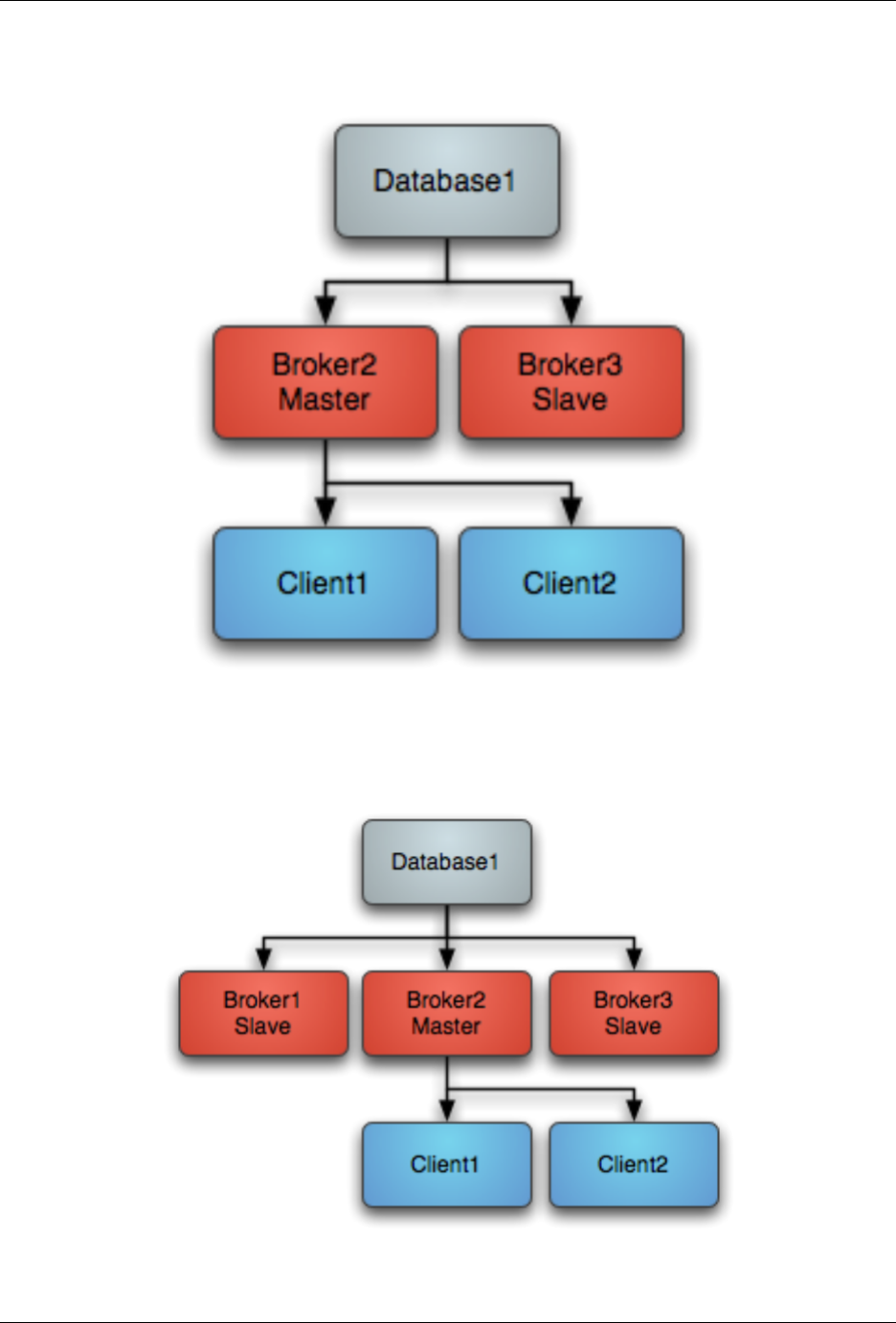
GeoServer User Manual, Release 2.15.1
16.13. JMS based Clustering 1805

GeoServer User Manual, Release 2.15.1
Ensure your shared file locks work
Note that the requirements of this failover system are a distributed file system like a SAN for which ex-
clusive file locks work reliably. If you do not have such a thing available then consider using MasterSlave
instead which implements something similar but working on commodity hardware using local file systems
which ActiveMQ does the replication.
OCFS2 Warning
Was testing using OCFS2 and both brokers thought they had the master lock - this is because “OCFS2
only supports locking with ‘fcntl’ and not ‘lockf and flock’, therefore mutex file locking from Java isn’t
supported.”
From http://sources.redhat.com/cluster/faq.html#gfs_vs_ocfs2 :
OCFS2: No cluster-aware flock or POSIX locks
GFS: fully supports Cluster-wide flocks and POSIX locks and is supported.
NFSv3 Warning
In the event of an abnormal NFSv3 client termination (i.e., the ActiveMQ master broker), the NFSv3 server
will not timeout the lock that is held by that client. This effectively renders the ActiveMQ data directory
inaccessible because the ActiveMQ slave broker can’t acquire the lock and therefore cannot start up. The
only solution to this predicament with NFSv3 is to reboot all ActiveMQ instances to reset everything.
Use of NFSv4 is another solution because it’s design includes timeouts for locks. When using NFSv4 and
the client holding the lock experiences an abnormal termination, by design, the lock is released after 30
seconds, allowing another client to grab the lock. For more information about this, see this blog entry.
16.13.8 Bibliography:
[JMS specs] Sun microsystens - Java Message Service - Version 1.1 April 12, 2002
[JMS] Snyder Bosanac Davies - ActiveMQ in action - Manning
[GeoServer] http://docs.geoserver.org/
[GeoServer REST] http://docs.geoserver.org/latest/en/user/rest/index.html#rest
[ActiveMQ] http://activemq.apache.org/
16.14 SOLR data store
SOLR is a popular search platform based on Apache Lucene project. Its major features include powerful
full-text search, hit highlighting, faceted search, near real-time indexing, dynamic clustering, database in-
tegration, rich document (e.g., Word, PDF) handling, and most importantly for the GeoServer integration,
geospatial search.
The latest versions of SOLR can host most basic types of geometries (points, lines and polygons) as WKT
and index them with a spatial index.
Note: GeoServer does not come built-in with support for SOLR; it must be installed through this commu-
nity module.
The GeoServer SOLR extension has been tested with SOLR version 4.8, 4.9, and 4.10.
1806 Chapter 16. Community modules
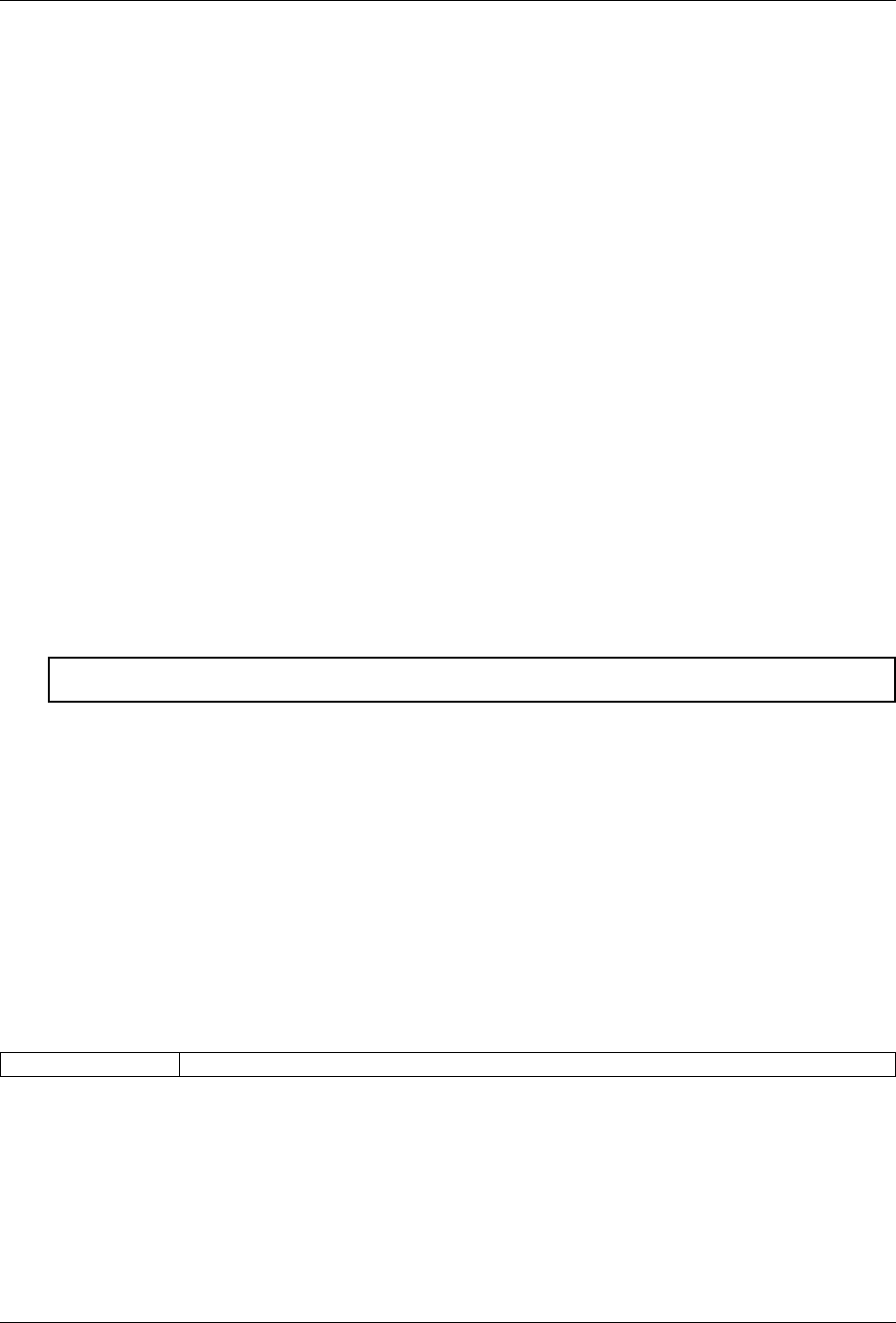
GeoServer User Manual, Release 2.15.1
The extension supports all WKT geometry types (all linear types, point, lines and polygons,
SQL/MMcurves are not supported), plus “bounding box” (available starting SOLR 4.10). It does not sup-
port the solr.LatLonType type yet.
The following pages shows how to use the SOLR data store.
16.14.1 SOLR layer configuration
Mapping documents to layers
SOLR indexes almost free form documents, the SOLR instance has a collection of fields, and each document
can contain any field, in any combination. On the other side, GeoServer organizes data in fixed structure
feature types, and exposes data in separate layers. This leaves the question of how documents in the index
should be organized into layers.
By default the store exposes a single layer, normally named after the SOLR collection the store is connected
to, by publishing it one can decide which fields to include, and eventually add a filter to select which
attributes it will contain.
This single layer can be published multiple times, giving each published layer a different name, set of
selected attributes, and a different filter to select the documents contained in the layer.
Installing the SOLR extension
1. Download the SOLR extension from the nightly GeoServer community module builds.
Warning: Make sure to match the version of the extension to the version of the GeoServer instance.
2. If GeoServer is running, stop it.
3. Extract the contents of the archive into the WEB-INF/lib directory of the GeoServer installation.
4. Restart GeoServer, the SOLR data store should show up as an option when going through the new
store creation workflow.
Connecting to a SOLR server
Once the extension is properly installed SOLR will show up as an option when creating a new data store.
Configuring a SOLR data store
solr_url Provide a link to the SOLR server that provides the documents
Once the parameters are entered and confirmed, GeoServer will contact the SOLR server and fetch a list of
layer names and fill the layer chooser page accordingly:
16.14. SOLR data store 1807
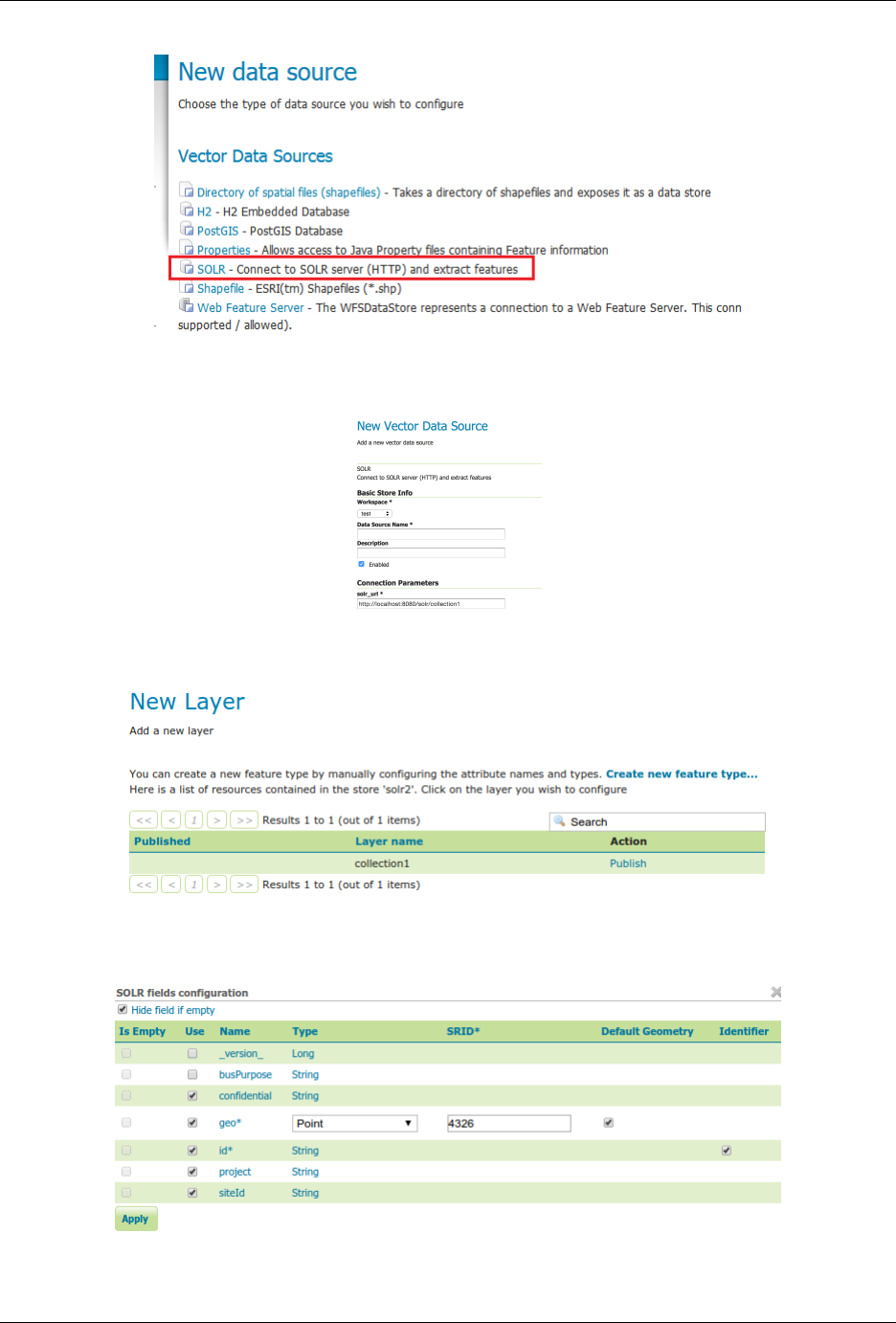
GeoServer User Manual, Release 2.15.1
Fig. 16.5: SOLR in the list of vector data sources
Fig. 16.6: Configuring a SOLR data store
Fig. 16.7: List of layers available in the SOLR server
Fig. 16.8: The layer field list configuration
1808 Chapter 16. Community modules
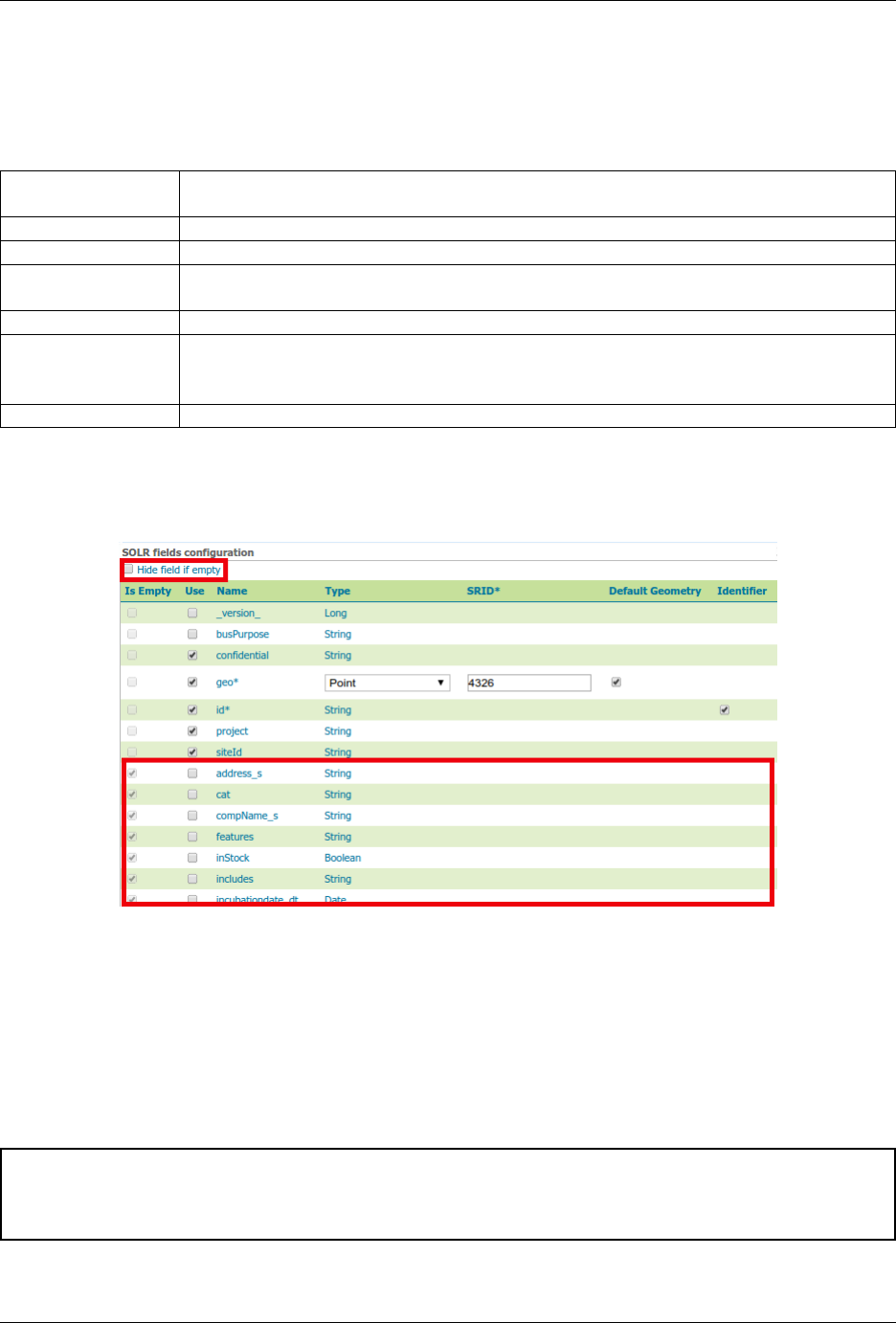
GeoServer User Manual, Release 2.15.1
Configuring a new SOLR base layer
Once the layer name is chosen, the usual layer configuration panel will appear, with a pop-up showing in
a table the fields available:
Is empty Read only fields, checked if the field has no values in the documents associated to
this layer
Use Used to select the fields that will make up this layer features
Name Name of the field
Type Type of the field, as derived from the SOLR schema. For geometry types, you have
the option to provide a more specific data type
SRID Native spatial reference ID of the geometries
Default
geometry
Indicates if the geometry field is the default one. Useful if the documents contain
more than one geometry field, as SLDs and spatial filters will hit the default geom-
etry field unless otherwise specified
Identifier Check if the field can be used as the feature identifier
By default the list will contain only the fields that have at least one non null value in the documents asso-
ciated to the layer, but it is possible to get the full list by un-checking the “Hide field if empty” check-box:
Fig. 16.9: Showing all fields available in SOLR
Once the table is filled with the all the required parameters, press the “Apply” button to confirm and go
back to the main layer configuration panel. Should the choice of fields be modified, you can click the
“Configure SOLR fields” just below the “Feature Type Details” panel.
The rest of the layer configuration works as normal, once all the fields are provided you’ll be able to save
and use the layer in WMS and WFS.
Warning: In order to compute the bounding box GeoServer will have to fetch all the geometries making
up the layer out of SOLR, this operation might take some time, you’re advised to manually entered the
native bounding box when configuring a layer out of a large document set
16.14. SOLR data store 1809
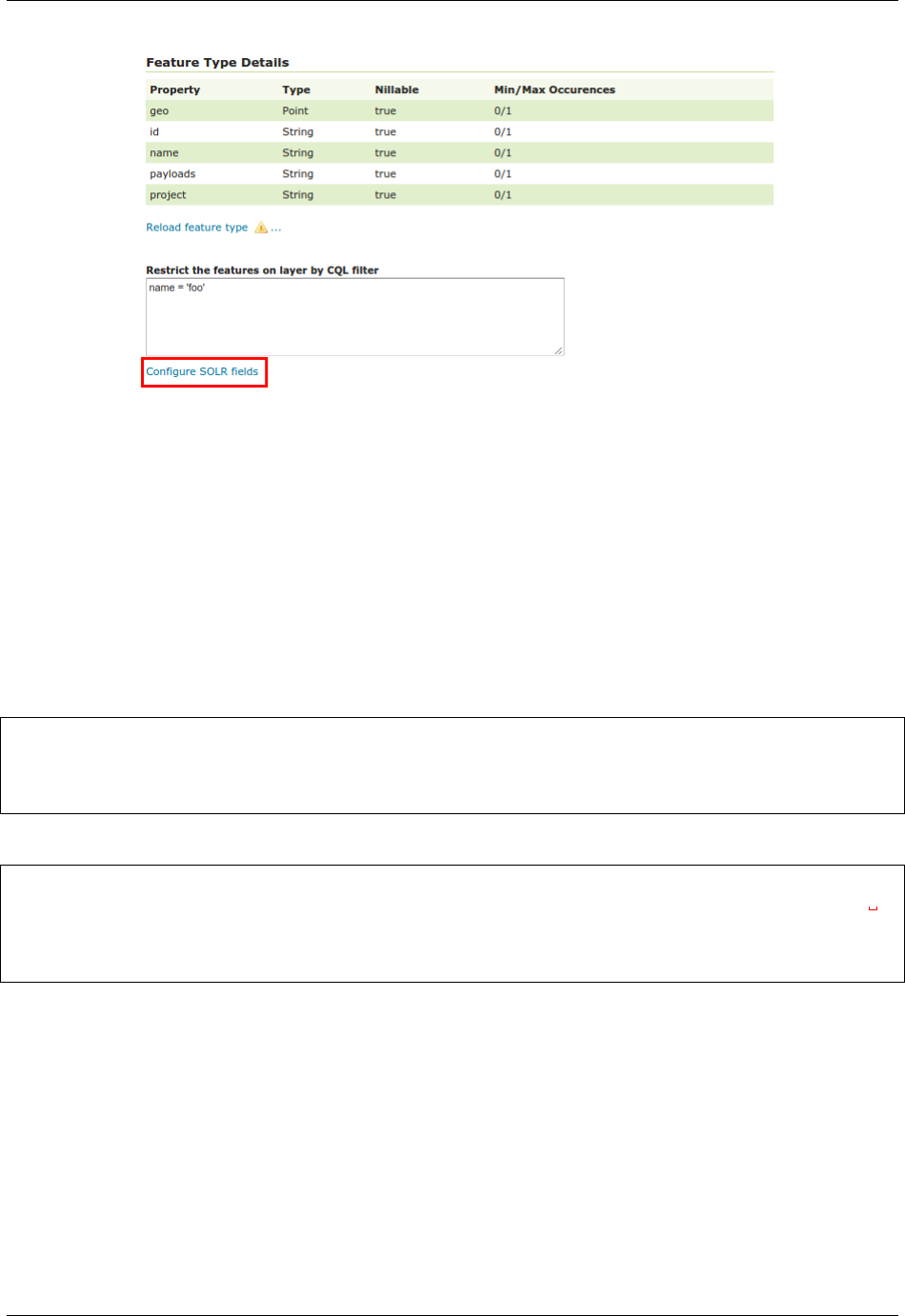
GeoServer User Manual, Release 2.15.1
Fig. 16.10: Going back to the field list editor
Custom qand fq parameters
The SOLR store will translate most OGC filters, as specified in SLD, CQL Filter or OGC filter, down into
the SOLR engine for native filtering, using the fq parameter. However, in some occasions you might need
to specify manually either qor fq, to leverage some native SOLR filtering ability that cannot be expressed
via OGC filters.
This can be done by specifying those as viewparams, pretty much like in parametric sql views atop rela-
tional databases.
For example, the following URL:
http://localhost:8080/geoserver/nurc/wms?service=WMS&version=1.1.0&request=GetMap
&layers=nurc:active&styles=geo2&bbox=0.0,0.0,24.0,44.0&width=279&height=512
&srs=EPSG:4326&format=application/openlayers
&viewparams=fq:security_ss:WEP
Will send down to SOLR a query looking like:
omitHeader=true&fl=geo,id&q=*:*&rows=2147483647&sort=id asc
&fq=status_s:active AND geo:"Intersects(POLYGON ((-0.125 -0.5333333333333333, -0.125
,→44.53333333333333,
24.125 44.53333333333333,24.125 -0.5333333333333333,-0.125 -0.5333333333333333)))"
&fq=security_ss:WEP&cursorMark=*
You can notice that:
• Only the columns needed for the display (in this case, a single geometry) are retrieved
• The bbox and layer identification filters are specified in the first fq
• The custom fq is passed as a second fq parameter (SOLR will treat it as being and-ed with the
previuos one)
16.14.2 Loading spatial data into SOLR
This section provides a simple example on how to convert and load a shapefile into a SOLR instance. For
more advanced needs and details about spatial support in SOLR consult the SOLR documentation, making
1810 Chapter 16. Community modules
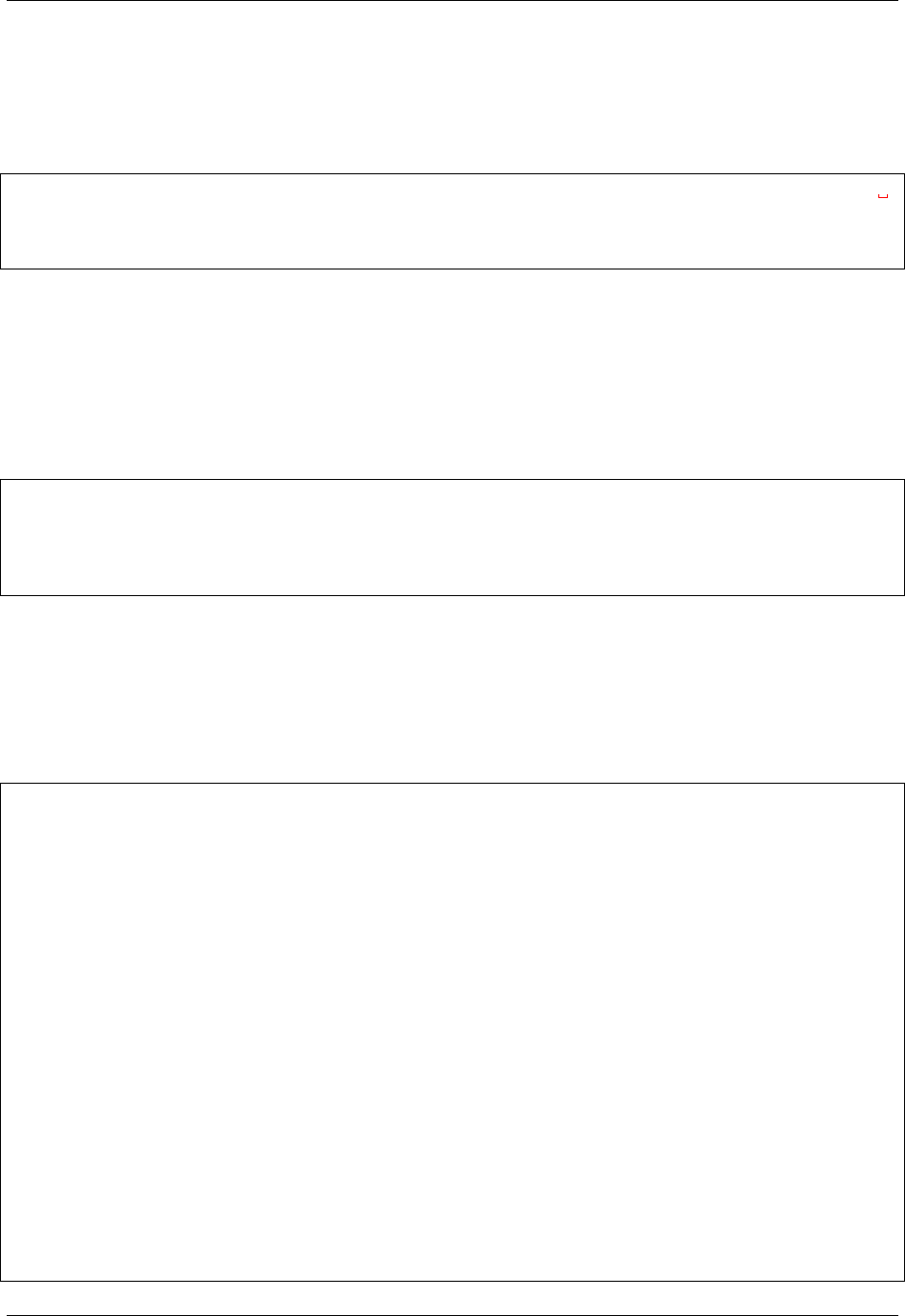
GeoServer User Manual, Release 2.15.1
sure to read the one associated to the version at hand (spatial support is still rapidly evolving).
The current example has been developed and tested using GDAL 1.11 and SOLR 4.8, different versions of
the tools and server might require a different syntax for upload.
The SOLR instance is supposed to have the following definitions in its schema:
<field name="geo" type="location_rpt" indexed="true" stored="true" multiValued="true"
,→/>
<dynamicField name="*_i" type="int" indexed="true" stored="true"/>
<dynamicField name="*_s" type="string" indexed="true" stored="true" />
The above defines “geo” as explicit fields, leaving the other types to dynamic field interpretation.
The SpatialRecursivePrefixTreeFieldType accepts geometries as WKT, so as a preparation for the import we
are going to turn a shapefile into a CSV file with WKT syntax for the geometry. Let’s also remember that
SOLR needs a unique id field for the records, and that the coordinates are supposed to be in WGS84. The
shapefile in question is instead in UTM, has a linestring geometry, and some fields, cat,id and label.
The following command translates the shapefile in CSV (the command should be typed in a single line, it
has been split over multiple lines for ease of reading):
ogr2ogr -f CSV
-sql 'select FID as id, cat as cat_i, label as label_s,
"roads" as layer FROM roads'
-lco geometry=AS_WKT -s_srs "EPSG:26713" -t_srs "EPSG:4326"
/tmp/roads.csv roads.shp
Some observations:
• The SQL is used mostly to include the special FID field into the results (a unique field is required)
• The reprojection is performed to ensure the output geometries are in WGS84
• The layer_s dynamic field is added to
This will generate a CSV file looking as follows:
WKT,id,cat_i,label_s,layer
"LINESTRING (-103.763291353072518 44.375039982911382,-103.763393874038698 44.
,→375282535746727,-103.764152625689903 44.376816068582023,-103.763893508430911 44.
,→377653708326527,-103.76287152579593 44.378473197876396,-103.762075892308829 44.
,→379009292692757,-103.76203441159079 44.379195585236509,-103.762124217456204 44.
,→379295262047272,-103.762168141872152 44.379399997909999,-103.762326134985983 44.
,→379527769244149,-103.763328403265064 44.380245486928708,-103.764011871363465 44.
,→381295133519728,-103.76411460103661 44.381526706124056,-103.764953940327757 44.
,→382396618315049,-103.765097289111338 44.382919576408355,-103.765147974157941 44.
,→383073790503197,-103.76593766187851 44.384162856249255,-103.765899236602976 44.
,→384607239970421,-103.765854384388703 44.384597320206453)",0,5,unimproved road,roads
"LINESTRING (-103.762930948900078 44.385847721442218,-103.763012156628747 44.
,→386002223293282,-103.763510654805799 44.386297912655408,-103.763869052966967 44.
,→386746022746649,-103.763971116268394 44.387444295314552,-103.764244098825387 44.
,→387545690358827,-103.764264649212294 44.387677659170357,-103.764160551326043 44.
,→387951214930865,-103.764540576800869 44.388042632912118,-103.764851624437995 44.
,→388149874425885,-103.764841258550391 44.388303515682807,-103.76484332449354 44.
,→388616502755184,-103.765188923261391 44.388927221995502,-103.765110961905023 44.
,→389448103450221,-103.765245311197177 44.389619574129583,-103.765545516097987 44.
,→389907903843323,-103.765765403056434 44.390420596862072,-103.766285436779711 44.
,→391655378673697,-103.766354640463163 44.39205684519964,-103.76638734105434 44.
,→392364628456725,-103.766410556756725 44.392776645318136,-103.765934443919321 44.
,→393365174368313,-103.766220869020188 44.393571013181166,-103.766661604125247 44.
,→393684955690581,-103.767294323528063 44.393734806102117,-103.767623238680557 44.
,→394127721518785,-103.769273719703676 44.394900867042516,-103.769609703946827 44.
,→395326786724503,-103.769732072038536 44.395745219647871,-103.769609607364416 44.
,→396194309461826,-103.769310708537489 44.396691166475954,-103.768865902286791 44.
,→397236074649896)",1,5,unimproved road,roads
16.14. SOLR data store 1811
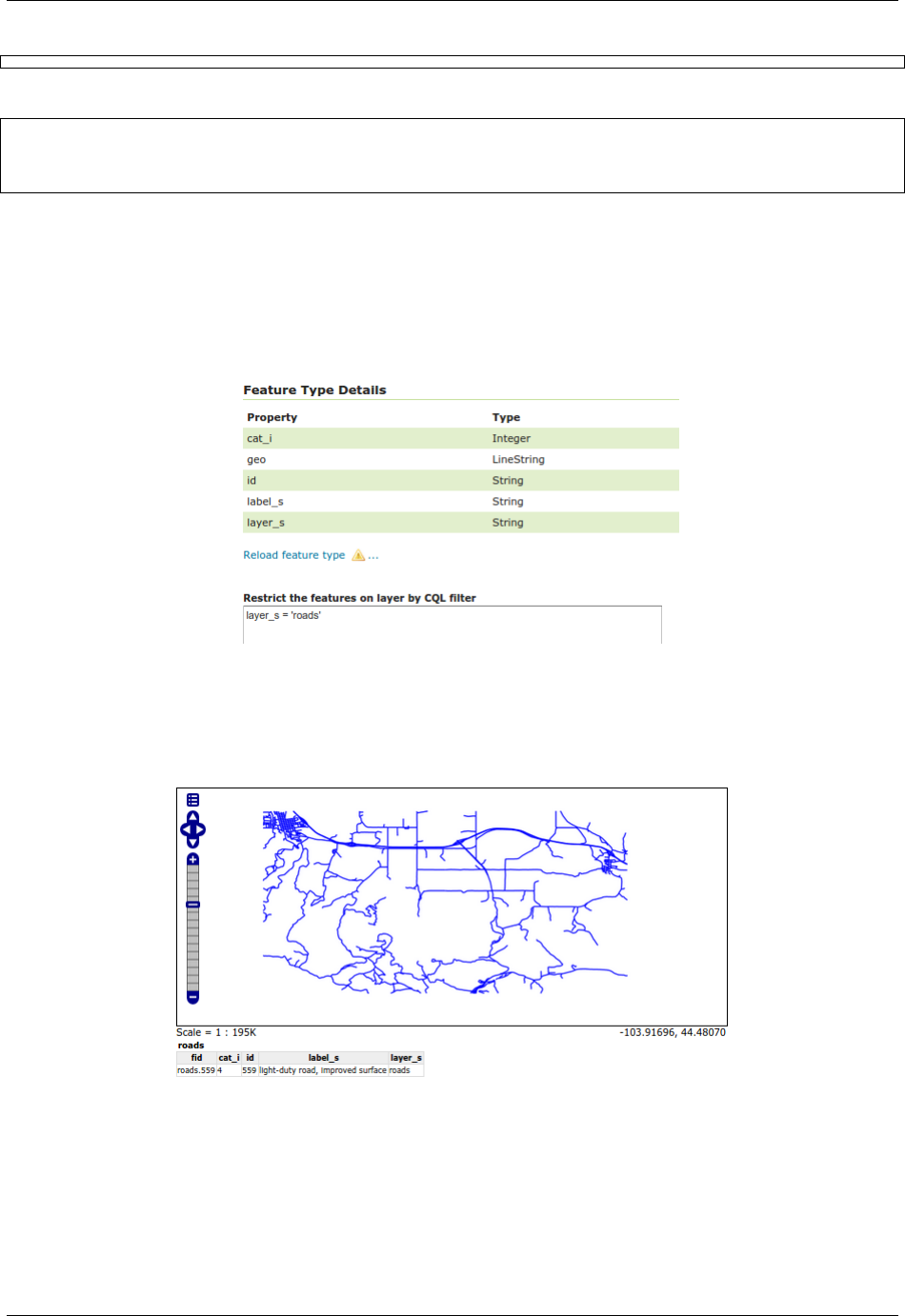
GeoServer User Manual, Release 2.15.1
At this point the CSV can be imported into SOLR using CURL:
curl "http://solr.geo-solutions.it/solr/collection1/update/csv?commit=true&separator=
,→%2C&fieldnames=geo,id,cat_i,label_s,layer_s&header=true"
-H'Content-type:text/csv; charset=utf-8' --data-binary @/tmp/roads.csv
Some observations:
• The files gets uploaded as a text/csv file, older versions might require a text/plain mime type
• The fieldnames overrides the CSV header and allows us to specify the field name as expected by
SOLR
At this point it’s possible to configure a layer showing only the roads in the GeoServer UI:
Fig. 16.11: Setting up the roads layer
After setting the bounding box and the proper style, the layer preview will show the roads stored in SOLR:
Fig. 16.12: Preview roads from SOLR layer
16.14.3 Optimize rendering of complex polygons
Rendering large maps with complex polygons, to show the overall distribution of the data, can take a
significant toll, especially if GeoServer cannot connect to the SOLR server via a high speed network.
1812 Chapter 16. Community modules
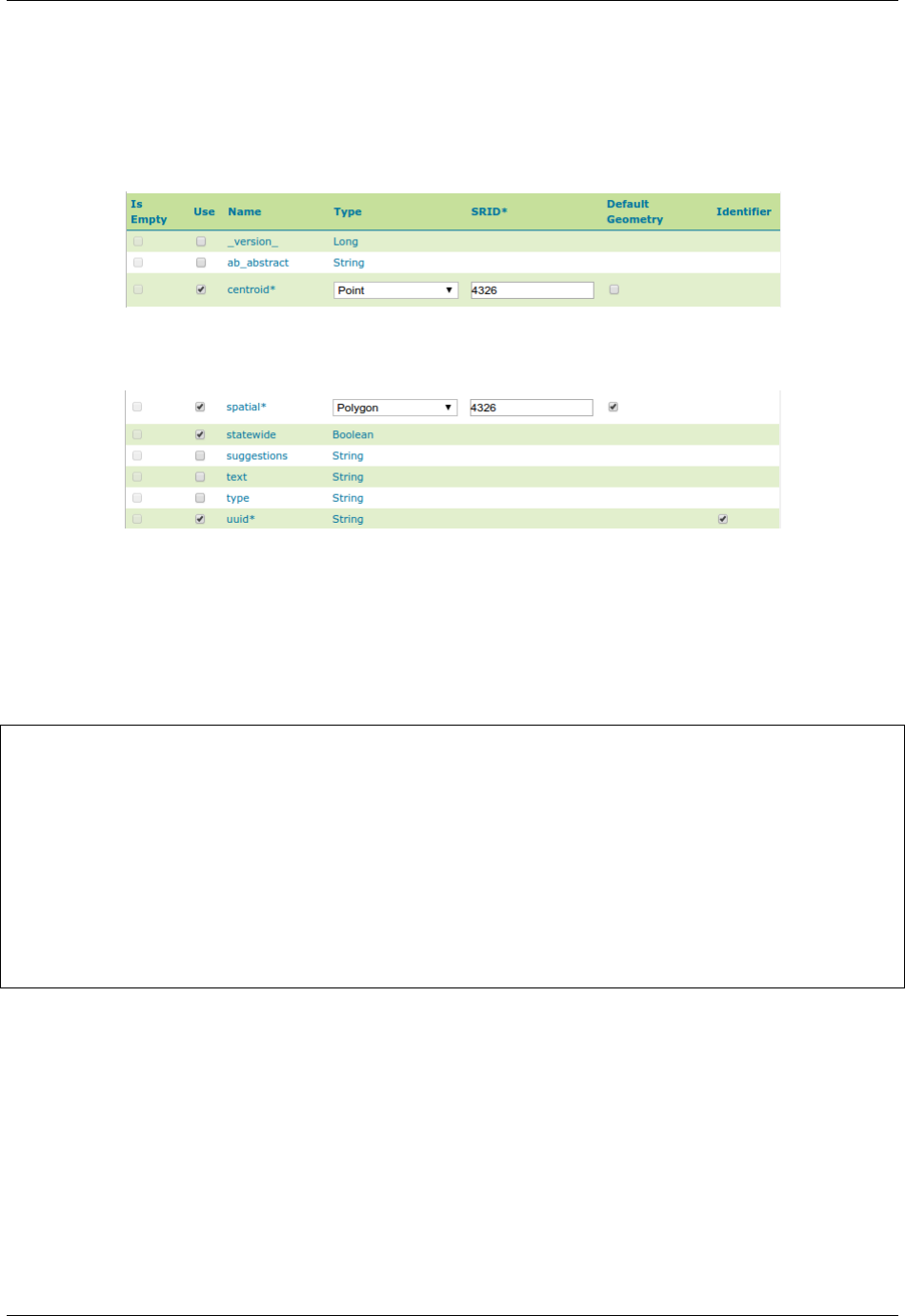
GeoServer User Manual, Release 2.15.1
A common approach to handle this issue is to add a second geometry to the SOLR documents, representing
the centroid of the polygon, and using that one to render the features when fairly zoomed out.
Once the SOLR documents have been updated with a centroid column, and it has been populated, the
column can be added as a secondary geometry. Make sure to keep the polygonal geometry as the default
one:
. . . (other fields omitted)
Fig. 16.13: Configuring a layer with multiple geometries
With this setup the polygonal geometry will still be used for all spatial filters, and for rendering, unless the
style otherwise specifical demands for the centroid.
Then, a style with scale dependencies can be setup in order to fetch only then centroids when fairly zoomed
out, like in the following CSS example:
[@scale > 50000] {
geometry: [centroid];
mark: symbol(square);
}
:mark {
fill: red;
size: 3;
}
[@scale <= 50000] {
fill: red;
stroke: black;
}
Using this style the spatial field will still be used to resolve the BBOX filter implicit in the WMS requests,
but only the much smaller centroid one will be transferred to GeoServer for rendering.
16.15 GeoMesa data store
GeoMesa provides a GeoTools DataStore to access SimpleFeatures stored in Apache Accumulo.
16.15. GeoMesa data store 1813

GeoServer User Manual, Release 2.15.1
16.16 GWC Distributed Caching community module
GWC Distributed Caching module provides support for distributed in Memory caching using the Hazelcast
API.
16.16.1 Installing the WPS download module
1. Download the GWC Distributed module from the nightly GeoServer community module builds.
Warning: Make sure to match the version of the extension to the version of the GeoServer instance.
2. Extract the contents of the archive into the WEB-INF/lib directory of the GeoServer installation.
16.16.2 Module description
More information about Caching Configuration can be found at the Configuration and Caching defaults pages.
16.17 GDAL based WCS Output Format
The gdal_translate based output format leverages the availability of the gdal_translate command to allow
the generation of more output formats than GeoServer can natively produce. The basic idea is to dump to
the file system a file that gdal_translate can translate, invoke it, zip and return the output of the translation.
This extension is thus the equivalent of the OGR extension for raster data.
16.17.1 Out of the box behaviour
Out of the box the plugin assumes the following:
• gdal_translate is available in the path
• the GDAL_DATA variable is pointing to the GDAL data directory (which stores the spatial reference
information for GDAL)
In the default configuration the following formats are supported:
• JPEG-2000 part 1 (ISO/IEC 15444-1)
• Geospatial PDF
• Arc/Info ASCII Grid
• ASCII Gridded XYZ
The list might be shorter if gdal_translate has not been built with support for the above formats (for exam-
ple, the default JPEG-2000 format relies on the JasPer-based GDAL driver).
Once installed in GeoServer, a bunch of new supported formats will be listed in the ServiceMetadata
section of the WCS 2.0 GetCapabilities document, e.g. image/jp2 and application/pdf.
1814 Chapter 16. Community modules

GeoServer User Manual, Release 2.15.1
16.17.2 gdal_translate conversion abilities
The gdal_translate utility is usually able to convert more formats than the default setup of this output
format allows for, but the exact list depends on how the utility was built from sources. To get a full list of
the formats available by your ogr2ogr build just run:
gdal_translate --long-usage
and you’ll get the full set of options usable by the program, along with the supported formats.
For example, the above produces the following output using gdal 1.11.2 compiled with libgeotiff 1.4.0,
libpng 1.6, libjpeg-turbo 1.3.1, libjasper 1.900.1 and libecwj2 3.3:
Usage: gdal_translate [--help-general] [--long-usage]
[-ot {Byte/Int16/UInt16/UInt32/Int32/Float32/Float64/
CInt16/CInt32/CFloat32/CFloat64}] [-strict]
[-of format] [-b band] [-mask band] [-expand {gray|rgb|rgba}]
[-outsize xsize[%] ysize[%]]
[-unscale] [-scale[_bn] [src_min src_max [dst_min dst_max]]]*[-exponent[_bn] exp_
,→val]*
[-srcwin xoff yoff xsize ysize] [-projwin ulx uly lrx lry] [-epo] [-eco]
[-a_srs srs_def] [-a_ullr ulx uly lrx lry] [-a_nodata value]
[-gcp pixel line easting northing [elevation]]*
[-mo "META-TAG=VALUE"]*[-q] [-sds]
[-co "NAME=VALUE"]*[-stats] [-norat]
src_dataset dst_dataset
GDAL 1.11.2, released 2015/02/10
The following format drivers are configured and support output:
VRT: Virtual Raster
GTiff: GeoTIFF
NITF: National Imagery Transmission Format
HFA: Erdas Imagine Images (.img)
ELAS: ELAS
AAIGrid: Arc/Info ASCII Grid
DTED: DTED Elevation Raster
PNG: Portable Network Graphics
JPEG: JPEG JFIF
MEM: In Memory Raster
GIF: Graphics Interchange Format (.gif)
XPM: X11 PixMap Format
BMP: MS Windows Device Independent Bitmap
PCIDSK: PCIDSK Database File
PCRaster: PCRaster Raster File
ILWIS: ILWIS Raster Map
SGI: SGI Image File Format 1.0
SRTMHGT: SRTMHGT File Format
Leveller: Leveller heightfield
Terragen: Terragen heightfield
ISIS2: USGS Astrogeology ISIS cube (Version 2)
ERS: ERMapper .ers Labelled
ECW: ERDAS Compressed Wavelets (SDK 3.x)
JP2ECW: ERDAS JPEG2000 (SDK 3.x)
FIT: FIT Image
JPEG2000: JPEG-2000 part 1(ISO/IEC 15444-1)
RMF: Raster Matrix Format
RST: Idrisi Raster A.1
INGR: Intergraph Raster
16.17. GDAL based WCS Output Format 1815

GeoServer User Manual, Release 2.15.1
GSAG: Golden Software ASCII Grid (.grd)
GSBG: Golden Software Binary Grid (.grd)
GS7BG: Golden Software 7Binary Grid (.grd)
R: R Object Data Store
PNM: Portable Pixmap Format (netpbm)
ENVI: ENVI .hdr Labelled
EHdr: ESRI .hdr Labelled
PAux: PCI .aux Labelled
MFF: Vexcel MFF Raster
MFF2: Vexcel MFF2 (HKV) Raster
BT: VTP .bt (Binary Terrain) 1.3 Format
LAN: Erdas .LAN/.GIS
IDA: Image Data and Analysis
LCP: FARSITE v.4Landscape File (.lcp)
GTX: NOAA Vertical Datum .GTX
NTv2: NTv2 Datum Grid Shift
CTable2: CTable2 Datum Grid Shift
KRO: KOLOR Raw
ARG: Azavea Raster Grid format
USGSDEM: USGS Optional ASCII DEM (and CDED)
ADRG: ARC Digitized Raster Graphics
BLX: Magellan topo (.blx)
Rasterlite: Rasterlite
PostGISRaster: PostGIS Raster driver
SAGA: SAGA GIS Binary Grid (.sdat)
KMLSUPEROVERLAY: Kml Super Overlay
XYZ: ASCII Gridded XYZ
HF2: HF2/HFZ heightfield raster
PDF: Geospatial PDF
ZMap: ZMap Plus Grid
The full list of formats that gdal_translate is able to support is available on the GDAL site. Mind that this
output format can handle only outputs that are file based and that do support creation. So, for example,
you won’t be able to use the PostGIS Raster output (since it’s database based) or the Arc/Info Binary Grid
(creation not supported).
16.17.3 Customisation
If gdal_translate is not available in the default path, the GDAL_DATA environment variable is not set,
or if the output formats needs tweaking, a gdal_translate.xml configuration file can be created to
customize the output format. The file should be put inside a gdal folder in the root of the GeoServer data
directory.
Note: GeoServer will automatically detect any change to the file and reload the configuration, without a
need to restart.
The default configuration is equivalent to the following xml file:
<ToolConfiguration>
<executable>gdal_translate</executable>
<environment>
<variable name="GDAL_DATA" value="/usr/local/share/gdal" />
</environment>
<formats>
<Format>
1816 Chapter 16. Community modules
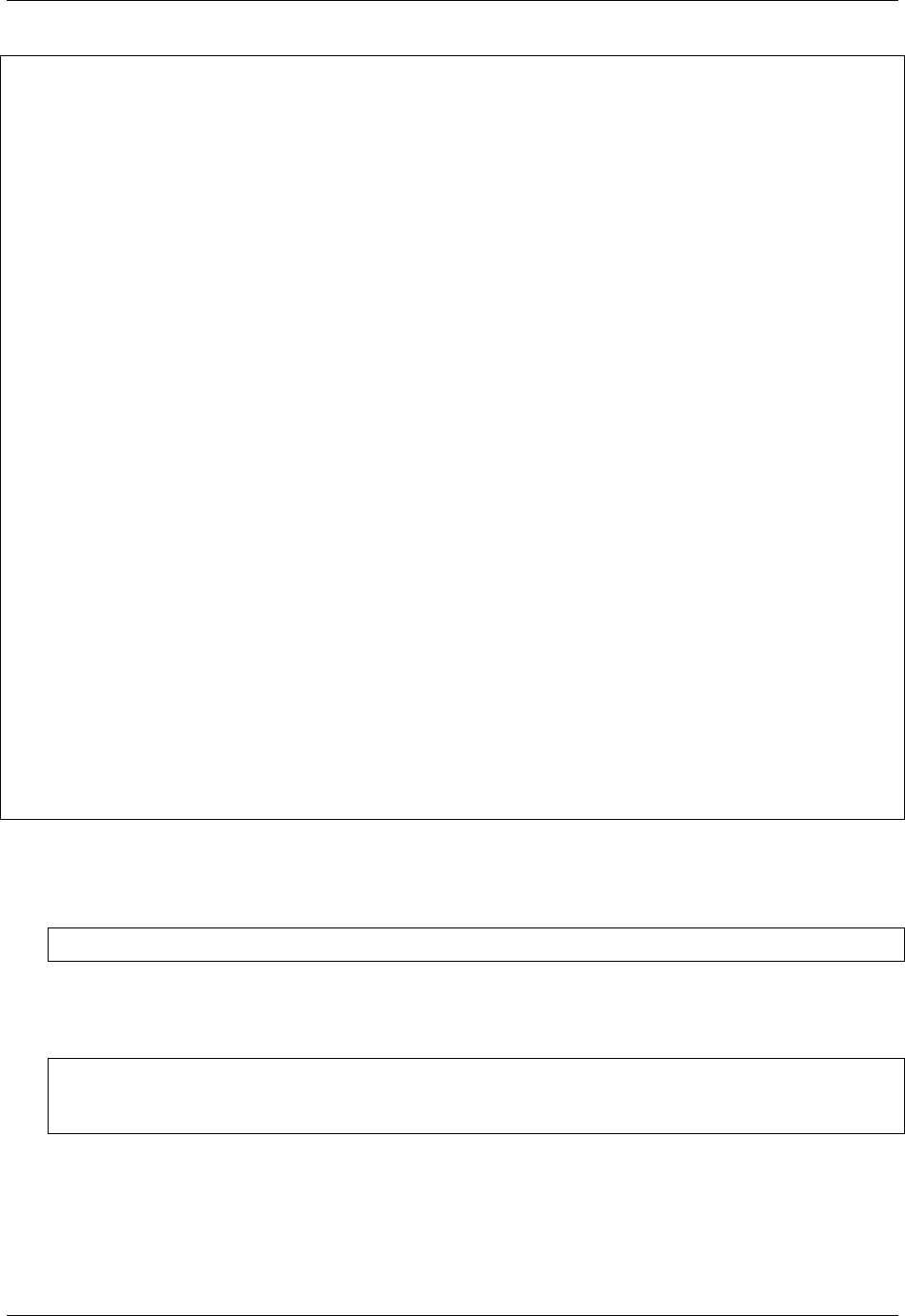
GeoServer User Manual, Release 2.15.1
<toolFormat>JPEG2000</toolFormat>
<geoserverFormat>GDAL-JPEG2000</geoserverFormat>
<fileExtension>.jp2</fileExtension>
<singleFile>true</singleFile>
<mimeType>image/jp2</mimeType>
<type>binary</type> <!-- not really needed, it's the default -->
<option>-co</option>
<option>FORMAT=JP2</option>
</Format>
<Format>
<toolFormat>PDF</toolFormat>
<geoserverFormat>GDAL-PDF</geoserverFormat>
<fileExtension>.pdf</fileExtension>
<singleFile>true</singleFile>
<mimeType>application/pdf</mimeType>
<formatAdapters>
<GrayAlphaToRGBA/>
<PalettedToRGB/>
</formatAdapters>
</Format>
<Format>
<toolFormat>AAIGrid</toolFormat>
<geoserverFormat>GDAL-ArcInfoGrid</geoserverFormat>
<fileExtension>.asc</fileExtension>
<singleFile>false</singleFile>
</Format>
<Format>
<toolFormat>XYZ</toolFormat>
<geoserverFormat>GDAL-XYZ</geoserverFormat>
<fileExtension>.txt</fileExtension>
<singleFile>true</singleFile>
<mimeType>text/plain</mimeType>
<type>text</type>
</Format>
</formats>
</ToolConfiguration>
The file showcases all possible usage of the configuration elements:
•executable can be just gdal_translate if the command is in the path, otherwise it should be the full
path to the executable. For example, on a Linux box with a custom build GDAL library might be:
<executable>/usr/local/bin/gdal_translate</executable>
•environment contains a list of variable elements, which can be used to define environment vari-
ables that should be set prior to invoking gdal_translate. For example, to setup a GDAL_DATA envi-
ronment variable pointing to the GDAL data directory, the configuration might be:
<environment>
<variable name="GDAL_DATA" value="/usr/local/share/gdal" />
</environment>
•Format defines a single format, which is defined by the following tags:
–toolFormat: the name of the format to be passed to gdal_translate with the -of option (case
insensitive).
–geoserverFormat: is the name of the output format as advertised by GeoServer
16.17. GDAL based WCS Output Format 1817
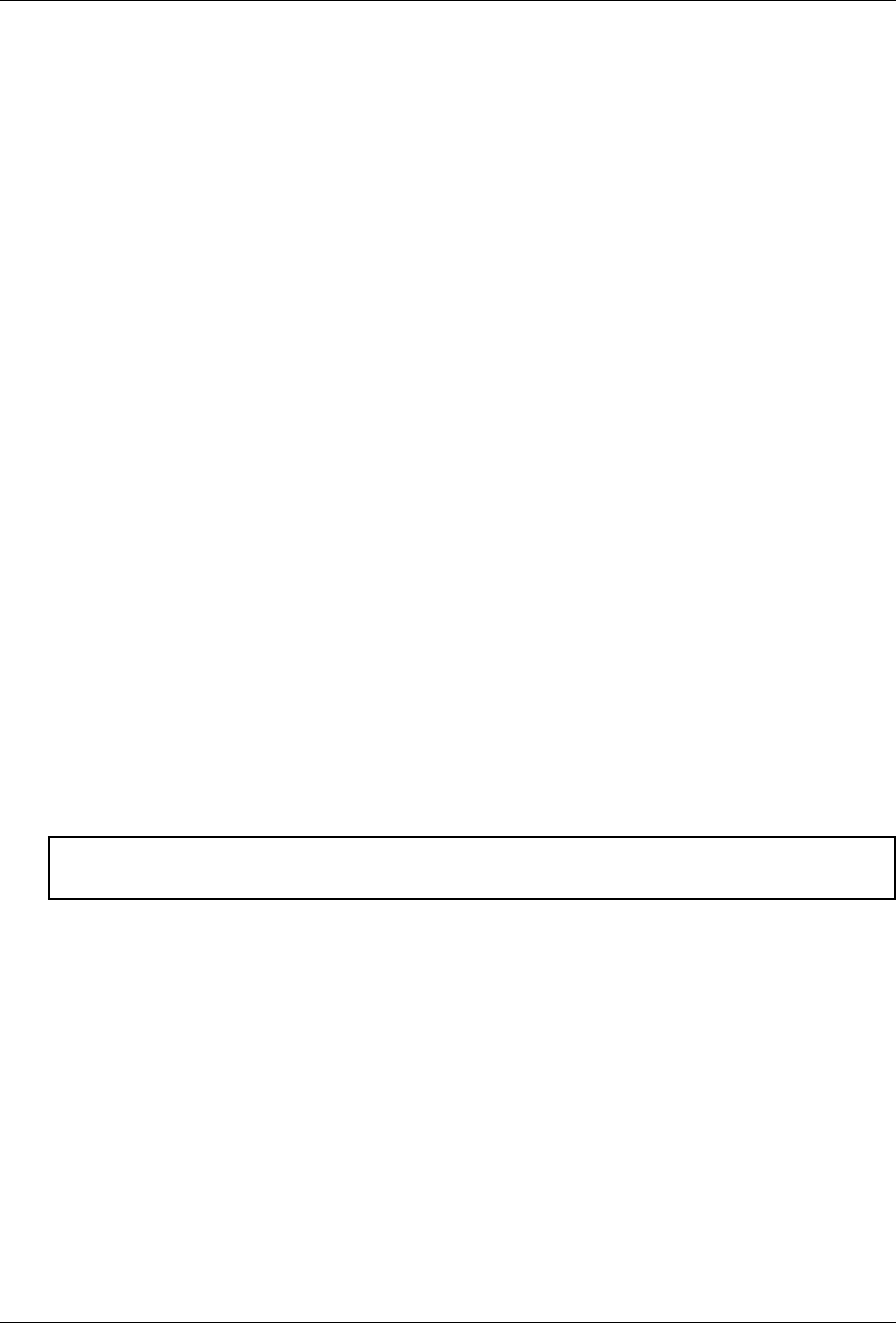
GeoServer User Manual, Release 2.15.1
–fileExtension: is the extension of the file generated after the translation, if any (can be omit-
ted)
–option: can be used to add one or more options to the gdal_translate command line. As you
can see by the JPEG2000 example, each item must be contained in its own option tag. You can
get a full list of options by running gdal_translate --help or by visiting the GDAL web
site). Also, consider that each format supports specific creation options, listed in the description
page for each format (for example, here is the JPEG2000 one).
–singleFile: if true the output of the conversion is supposed to be a single file that can be
streamed directly back without the need to wrap it into a zip file
–mimeType: the mime type of the file returned when using singleFile. If not specified
application/octet-stream will be used as a default.
–formatAdapters: transformations on the coverage that might need to be applied in order to
successfully encode the output. The transformations are applied only if their input conditions
are met.
The available format adapters are:
•GrayAlphaToRGBA: expands a gray image with alpha channel to RGBA (mandatory for geospatial
PDF for example)
•PallettedToRGB: expands a paletted image RGB(A) (mandatory for geospatial PDF for example)
16.18 GWC S3 BlobStore plugin
This plugin supports the use of the AWS Simple Storage Service (Amazon S3) as storage medium for Ge-
oWebCache settings.
16.18.1 Installing the S3 BlobStore plugin
1. Download the extension from the nightly GeoServer community module builds.
Warning: Make sure to match the version of the extension to the version of the GeoServer in-
stance!
2. Extract the contents of the archive into the WEB-INF/lib directory of the GeoServer installation.
16.18.2 Configuring the S3 BlobStore plugin
Once the plugin has been installed, one or more S3 BlobStores may be configured through BlobStores. After-
wards, cached layers can be explicitely assigned to it or one blobstore could be marked as ‘default’ to use it
for all unassigned layers.
Bucket
The name of the AWS S3 bucket where the tiles are stored.
1818 Chapter 16. Community modules
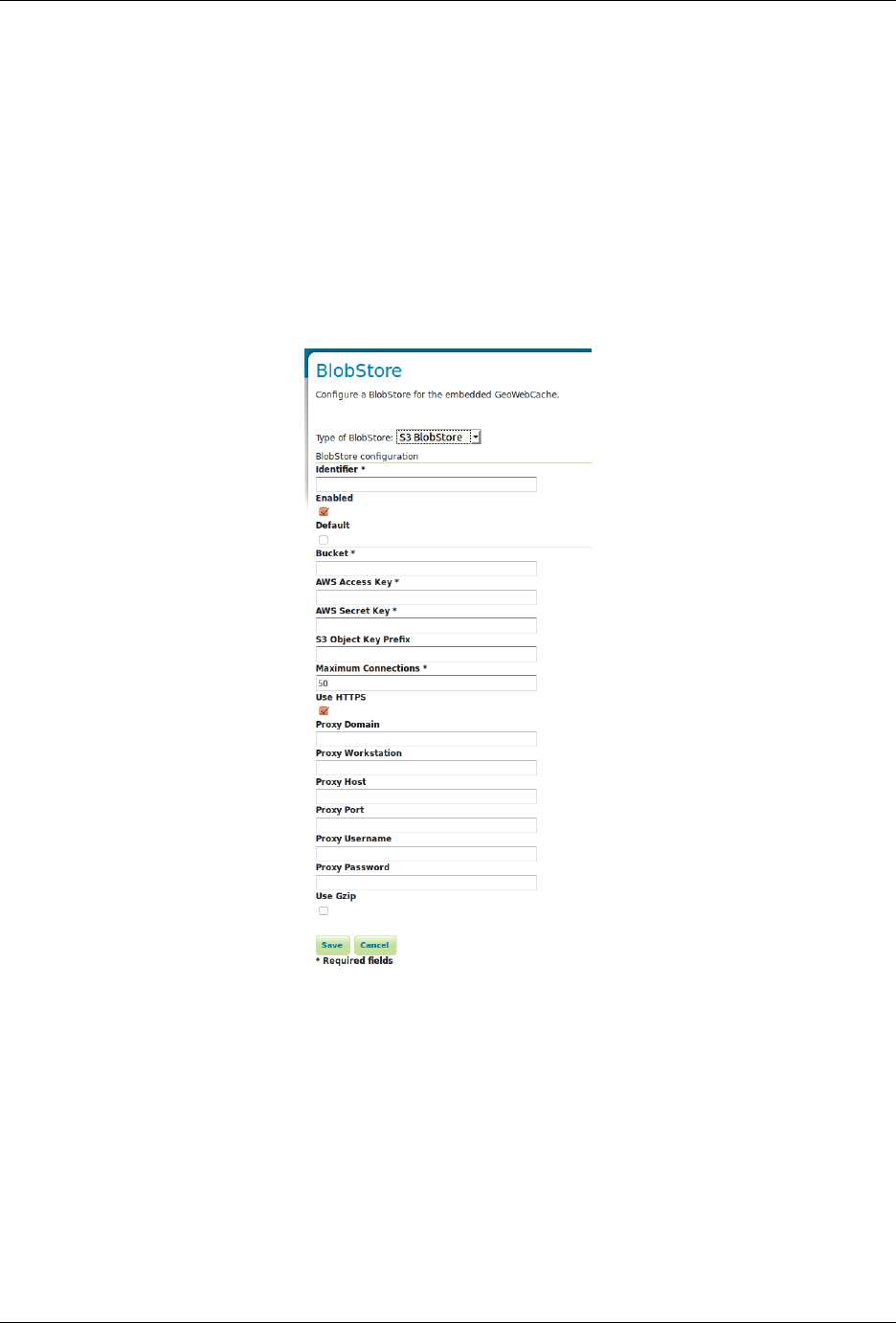
GeoServer User Manual, Release 2.15.1
16.18. GWC S3 BlobStore plugin 1819

GeoServer User Manual, Release 2.15.1
AWS Access Key
The AWS Access Key ID.
AWS Secret Key
AWS Secret Access Key.
S3 Object Key Prefix
A prefix path to use as the root to store tiles under the bucket (optional).
Maximum Connections
The maximum number of allowed open HTTP connections.
Use HTTPS
When enabled, a HTTPS connection will be used. When disabled, a regular HTTP connection will be used.
Proxy Domain
A Windows domain name for configuring NTLM proxy support (optional).
Proxy Workstation
A Windows workstation name for configuring NTLM proxy support (optional).
Proxy Host
Proxy host the client will connect through (optional).
Proxy Port
Proxy port the client will connect through (optional).
Proxy Username
User name the client will use if connecting through a proxy (optional).
Proxy Password
Password the client will use if connecting through a proxy (optional).
Use Gzip
When enabled, the stored tiles will be GZIP compressed.
1820 Chapter 16. Community modules

GeoServer User Manual, Release 2.15.1
16.19 GWC SQLite Plugin
This plugin provides integration with GWC SQLite based blob stores. At the moment only one blob store
of this type is available, the MBTiles blob store.
16.19.1 MBTiles Blob Store
This blob store allow us to store tiles using the MBTiles specification (version 1.1) which defines a schema
for storing tiles in an SQLite database with some restrictions regarding tiles formats and projections.
MBTiles specification only supports JPEG and PNG formats and projection EPSG:3857 is assumed. The
implemented blob store will read and write MBTiles files compliant with the specification but will also be
able to write and read MBTiles files that use others formats and projections.
Using the MBTiles blob store will bring several benefits at the cost of some performance loss. The MBTiles
storage uses a significantly smaller number of files, which results in easier data handling (e.g., backups,
moving tiles between environments). In some cases the stored data will be more compact reducing the size
of the data on disk.
When compared to the file blob store this store has two limitations:
• This store does not integrate with disk quota, this is a consequence of using database files.
•This store cannot be shared among several GeoWebCache instances.
Note: If disk quota is activated the stored stats will not make much sense and will not reflect the actual
disk usage, the size of the database files cannot be really controlled.
Database files cannot be managed as simple files. When connections to a database are open the associated
file should not be deleted, moved or switched or the database file may become corrupted. Databases files
can also become fragmented after deleting an huge amount of data or after frequent inserts, updates or
delete operations.
File Path Templates
An MBTiles file will correspond to an SQLite database file. In order to limit the amount of contention
on each single database file users will be allowed to decide the granularity of the databases files. When
GeoWebCache needs to map a tile to a database file it will only look at the databases files paths, it will not
take in account the MBTiles metadata (this is why this store is able to handle others formats and projections).
To configure the databases files granularity the user needs to provide a file path template. The default file
path template for the MBTiles blob store is this one:
{layer}/{grid}{format}{params}/{z}-{x}-{y}.sqlite
This file template will stores all the tiles belonging to a certain layer in a single folder that will contain
sub folders for each given format, projection and set of parameters and will group tiles with the same
zoom level, column range and row range in a SQLite file. The column and row range values are passed by
configuration, by default those values are equal to 250. The provided files paths templates will always be
considered relative to the root directory provided as a configuration option.
Follows an example of what the blob store root directory structure may look like when using the default
path template:
16.19. GWC SQLite Plugin 1821
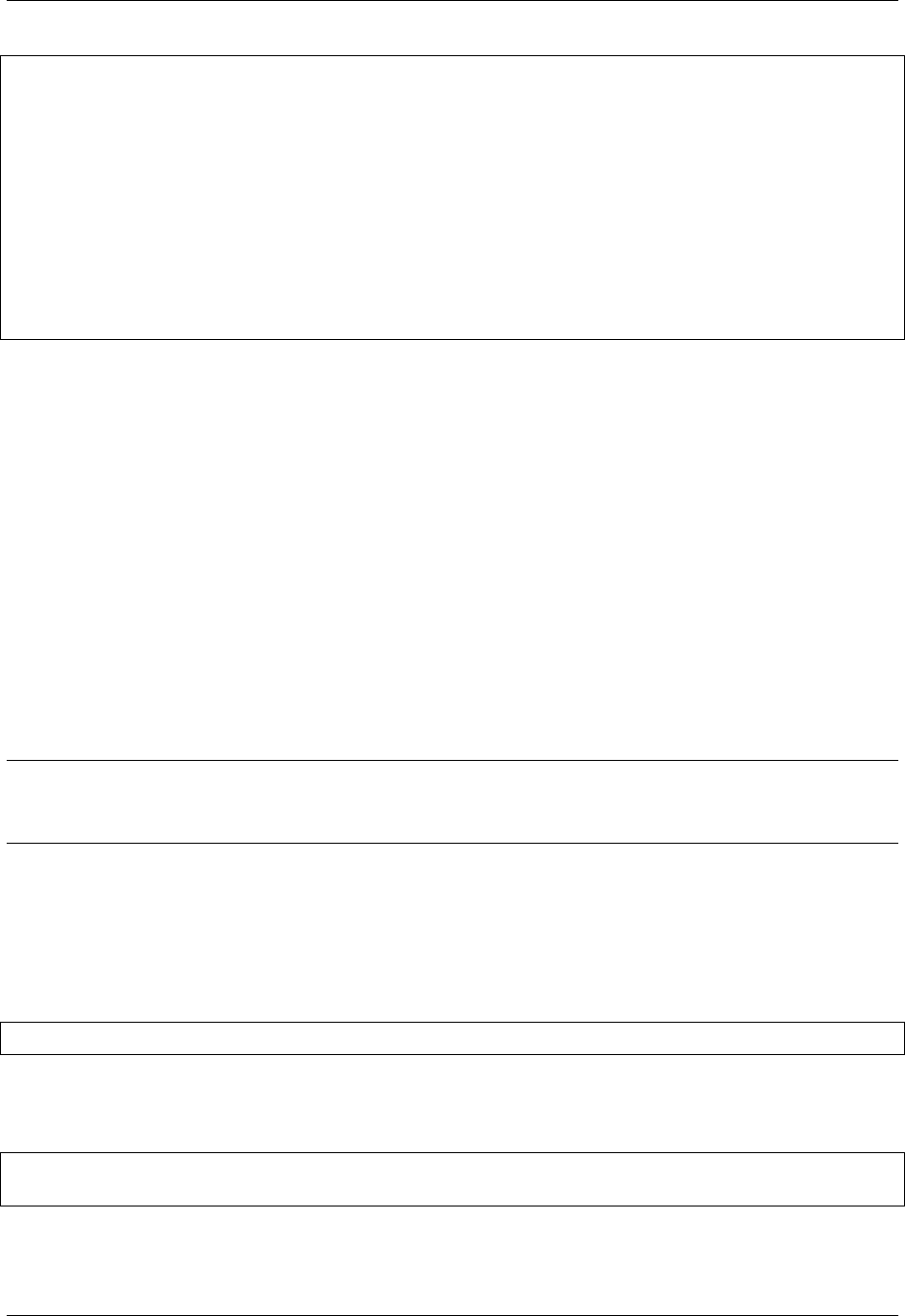
GeoServer User Manual, Release 2.15.1
.
|-- nurc_Pk50095
| `-- EPSG_4326image_pngnull
| |-- 11_2000_1500.sqlite
| `-- 12_4250_3000.sqlite
`-- topp_states
|-- EPSG_900913image_jpeg7510004a12f49fdd49a2ba366e9c4594be7e4358
| |-- 6_250_500.sqlite
| `-- 7_0_0.sqlite
`-- EPSG_900913image_jpegnull
|-- 3_500_0.sqlite
|-- 4_0_250.sqlite
`-- 8_750_500.sqlite
If no parameters were provided null string will be used. Is the responsibility of the user to define a file path
template that will avoid collisions.
The terms that can be used in the file path template are:
•grid: the grid set id
•layer: the name of the layer
•format: the image format of the tiles
•params: parameters unique hash
•x: column range, computed based on the column range count configuration property
•y: row range, computed based on the row range count configuration property
•z: the zoom level
It is also possible to use parameters values, like style for example. If the parameter is not present null will
be used.
Note: Characters \and /can be used as path separator, they will be translated to the operating system
specific one (\for Linux and /for Windows). Any special char like \,/,:or empty space used in a term
value will be substituted with an underscore.
MBTiles Metadata
A valid MBTiles file will need some metadata, the image format and layer name will be automatically added
when an MBTiles file is created. The user can provide the remaining metadata using a properties file whose
name must follow this pattern:
<layerName>.metadata
As an example, to add metadata description and attribution entries to layer tiger_roads a file
named tiger_roads.properties with the following content should be present in the metadata direc-
tory:
description=ny_roads
attribution=geoserver
The directory that contains this metadata files is defined by a configuration property.
1822 Chapter 16. Community modules

GeoServer User Manual, Release 2.15.1
Expiration Rules
The MBTiles specification don’t give information about when a tile was created. To allow expire rules, an
auxiliary table is used to store tile creation time. In the presence of an MBTiles file generated by a third
party tool it is assumed that the creation time of a tile was the first time it was accessed. This feature
can be activated or deactivated by configuration. Note that this will not break the MBTiles specification
compliance.
Eager Truncate
When performing a truncate of the cache the store will try to remove the whole database file avoiding to
create fragmented space. This is not suitable for all the situations and is highly dependent on the database
files granularity. The configuration property eagerDelete allows the user to disable or deactivate this
feature which is disabled by default.
When a truncate request by tile range is received all the the databases files that contains tiles that belong to
the tile range are identified. If eager delete is set to true those databases files are deleted otherwise a single
delete query for each file is performed.
Configuration Example
Follows as an example the default configuration of the MBTiles store:
The rootDirectory property defines the location where all the files produced by this store will be created. The
templatePath property is used to control the granularity of the database files (see section above). Properties
rowRangeCount and columnRangeCount will be used by the path template to compute tile ranges.
The poolSize property allows to control the max number of open database files, when defining this property
the user should take in account the number open files allowed by the operating system. The poolReaperIn-
tervalMs property controls how often the pool size will be checked to see if some database files connections
need to be closed.
Property eagerDelete controls how the truncate operation is performed (see section above). The property
useCreateTime can be used to activate or deactivate the insertion of the tile creation time (see section above).
Property executorConcurrency controls the parallelism used to perform certain operations, like the truncate
operation for example. Property mbtilesMetadataDirectory defines the directory where the store will look for
user provided MBTiles metadata.
Note: Since the connection pool eviction happens at a certain interval, it means that the number of files
open concurrently can go above the threshold limit for a certain amount of time.
Replace Operation
As said before, if the cache is running SQLite files cannot be simply switched, first all connections need
to be closed. The replace operation was created for this propose. The replace operation will first copy the
new file side by side the old one, then block the requests to the old file, close the connections tot he old file,
delete the old one, rename the new file to current one, reopen the new db file and start serving requests
again. Should be almost instant.
A REST entry point for this operation is available, it will be possible to submit a ZIP file or a single file
along with the request. The replace operation can also use an already present file or directory. When using
a directory the directory structure will be used to find the destination of each file, all the paths will be
assumed to be relative to the store root directory. This means that is possible to replace a store content with
16.19. GWC SQLite Plugin 1823
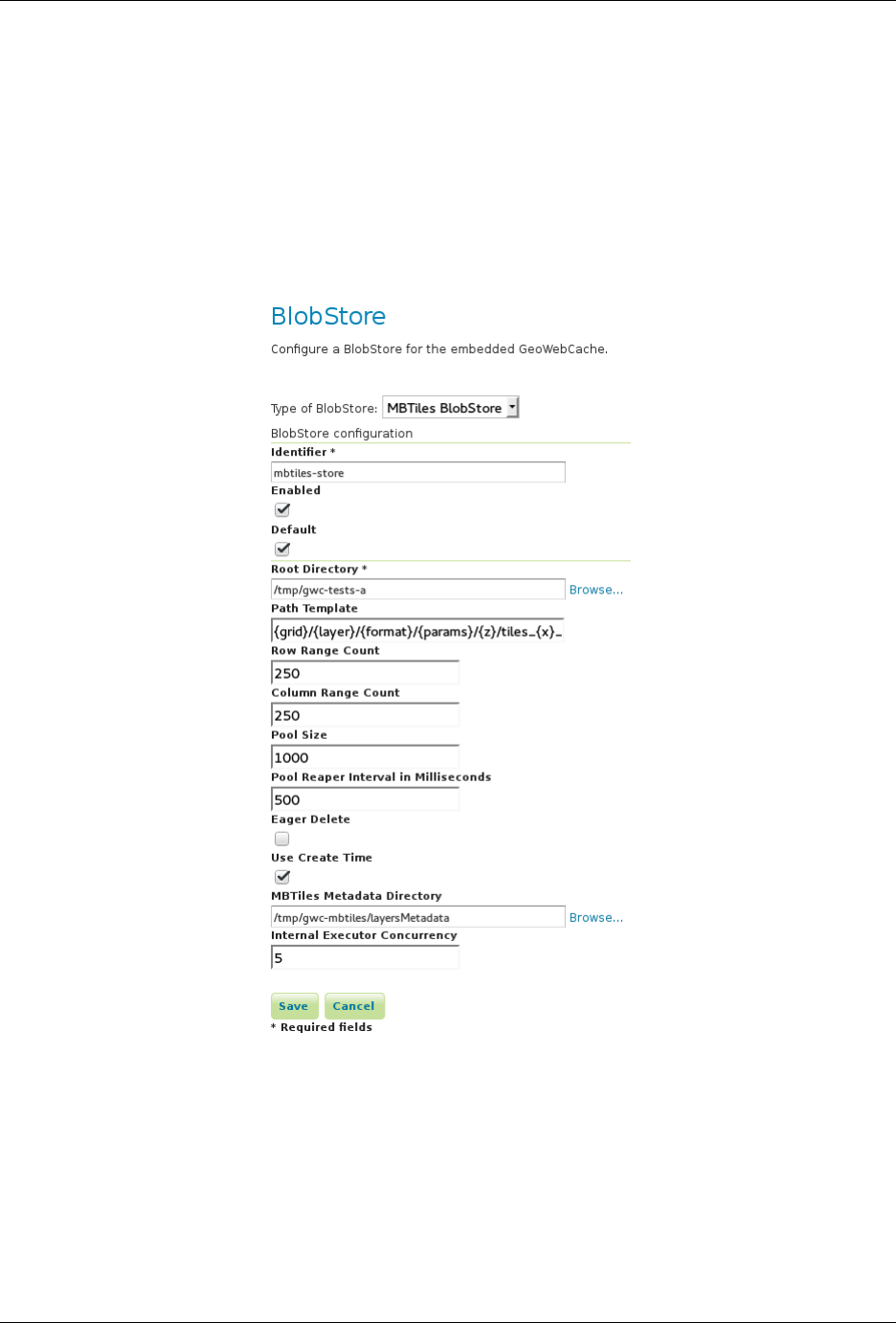
GeoServer User Manual, Release 2.15.1
1824 Chapter 16. Community modules
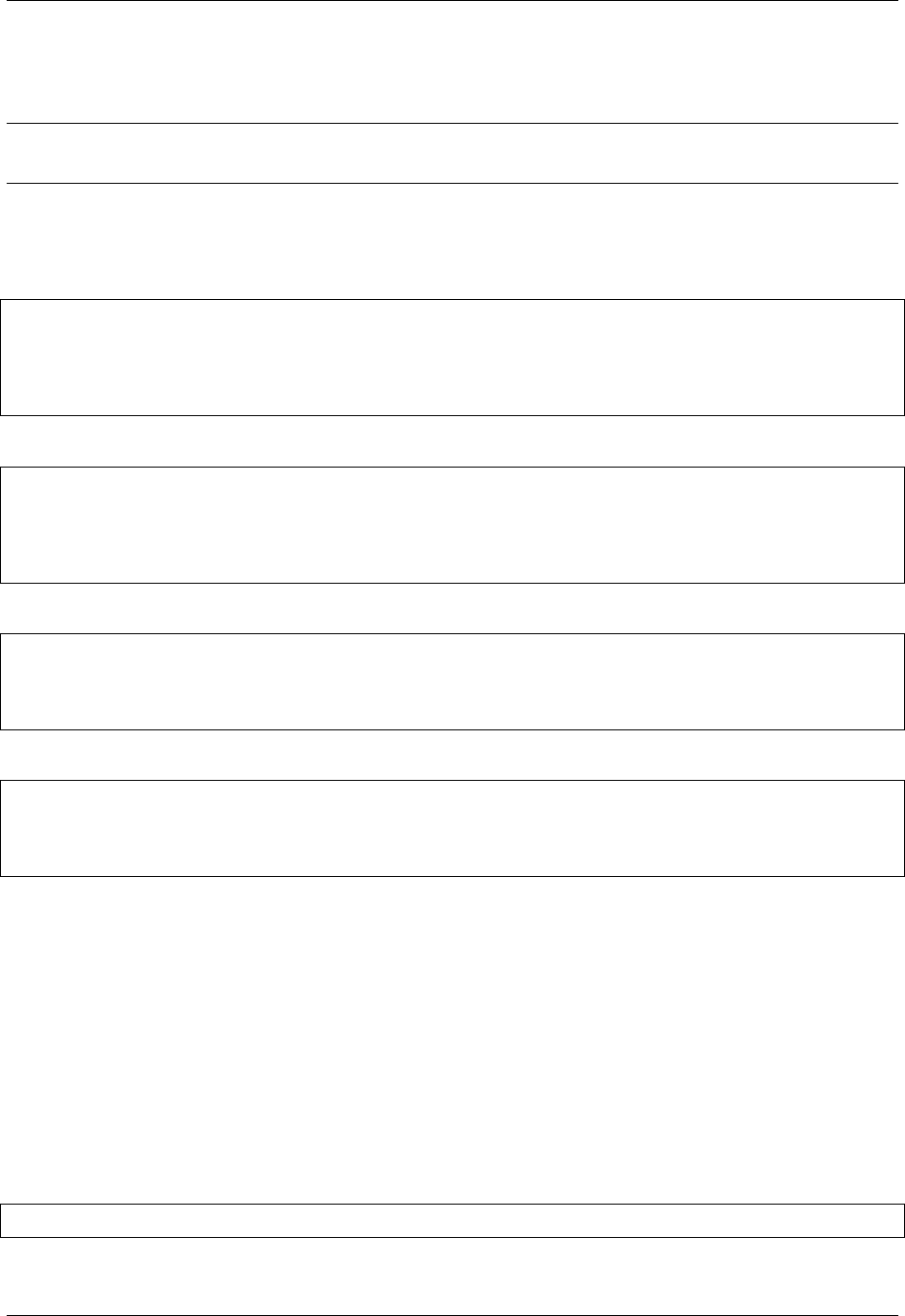
GeoServer User Manual, Release 2.15.1
another store content (a seeded one for example) by zipping the second store root directory and send it as
a replacement.
Note: When using a local directory or submitting a zip file all the file present in the directory will be
considered.
There is four ways to invoke this operation. Follows an example of all those variants invocations using
CURL.
Replace a single file uploading the replacement file:
curl -u admin:geoserver -H 'Content-Type: multipart/form-data'
-F "file=@tiles_0_0.sqlite"
-F "destination=EPSG_4326/sf_restricted/image_png/null/10/tiles_0_0.sqlite"
-F "layer=sf:restricted"
-XPOST 'http://localhost:8080/geoserver/gwc/rest/sqlite/replace'
Replace a single file using a file already present on the system:
curl -u admin:geoserver -H 'Content-Type: multipart/form-data'
-F "source=/tmp/tiles_0_0.sqlite"
-F "destination=EPSG_4326/sf_restricted/image_png/null/10/tiles_0_0.sqlite"
-F "layer=sf:restricted"
-XPOST 'http://localhost:8080/geoserver/gwc/rest/sqlite/replace'
Replace multiple files uploading a ZIP file:
curl -u admin:geoserver -H 'Content-Type: multipart/form-data'
-F "file=@tiles.zip"
-F "layer=sf:restricted"
-XPOST 'http://localhost:8080/geoserver/gwc/rest/sqlite/replace'
Replace multiple files using a directory already present on the system:
curl -u admin:geoserver -H 'Content-Type: multipart/form-data'
-F "source=/tmp/tiles"
-F "layer=sf:restricted"
-XPOST 'http://localhost:8080/geoserver/gwc/rest/sqlite/replace'
The layer parameter identifies the layer whose associated blob store content should be replaced. The file
parameter is used to upload a single file or a ZIP file. The source parameter is used to reference an already
present file or directory. The destination parameter is used to define the file that should be replaced with the
provided file.
This are the only valid combinations of this parameters other combinations will ignore some of the provided
parameters or will throw an exception.
16.20 Parameters Extractor
This module allow us to entering specific request parameters as URL path fragments instead of using the
query string. For example, we want to be able to apply a cql_filter using a URL in the following form:
/geoserver/<workspace>/<layer>/<filter>/ows?service=WMS&version=1.3.0&request=GetMap
As a simple example of usage, if the <filter> is something like:
16.20. Parameters Extractor 1825
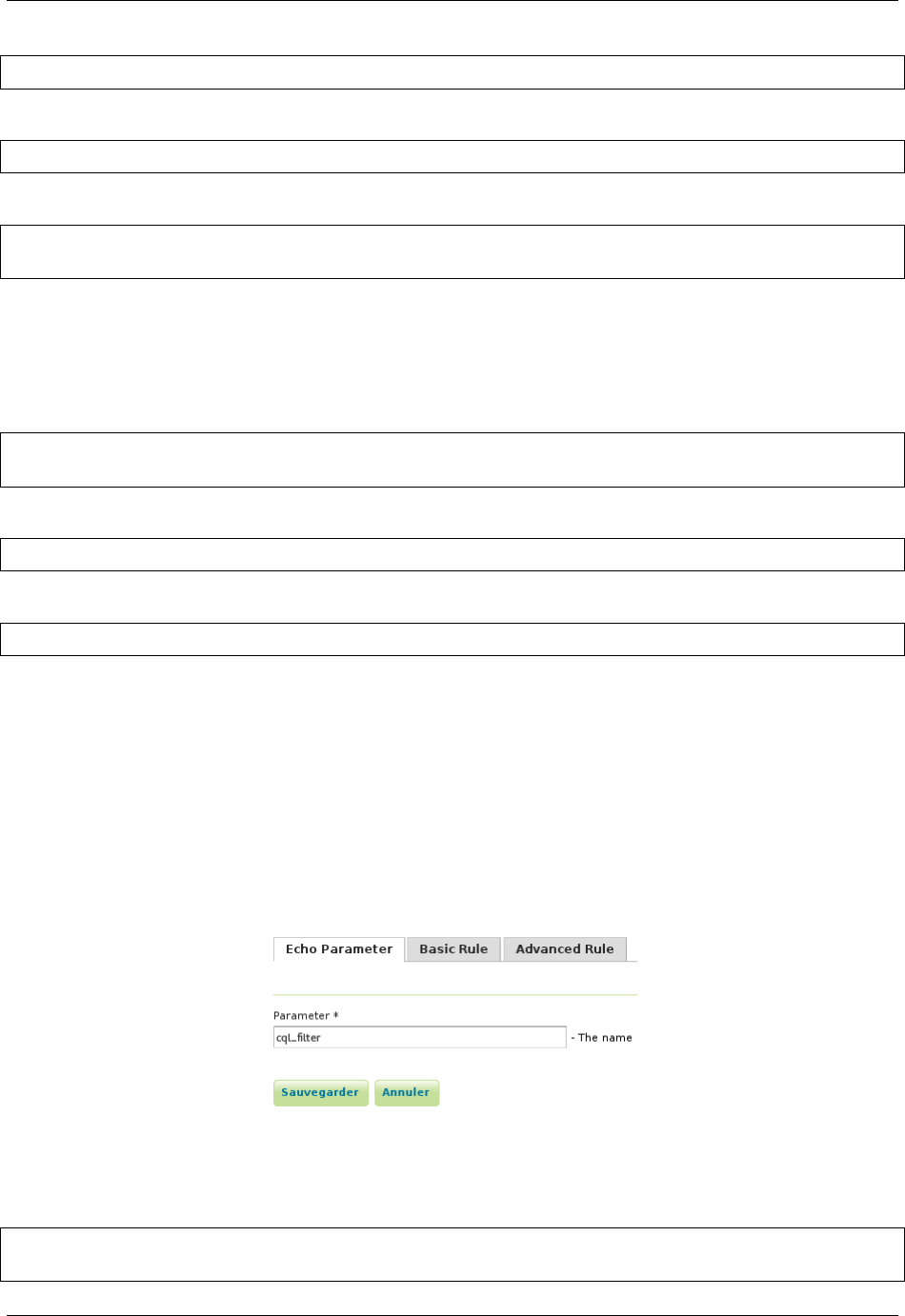
GeoServer User Manual, Release 2.15.1
K_140M
the URL would become:
/geoserver/<workspace>/<layer>/K_140M/ows?service=WMS&version=1.3.0&request=GetMap
and this module will translate the URL to this new one:
/geoserver/<workspace>/<layer>/ows?service=WMS&version=1.3.0&request=GetMap&cql_
,→filter=seq='K140M'
This module is configured by a set of rules that will be applied to the incoming URLs. Note that a get
capabilities result will include the original URL maintaining the extra filter.
This module also gives the possibility to echo existing URL parameters to the result of a get capabilities
result. As an example, by default the following get capabilities request (note the existing cql_filter parame-
ter):
/geoserver/ows?service=wms&version=1.3.0&request=GetCapabilities&cql_filter=CFCC=
,→%27D68%27
will return a get capabilities document were the URLs will be of the type:
/geoserver/ows?SERVICE=WMS&
if this module is configured to echo an existing cql_filter parameter the result would be:
/geoserver/ows?SERVICE=WMS&CQL_FILTER=CFCC%3D%27D68%27&
This module is configured using three types of rules: echo parameter rules, basic rules and advanced rules.
All of them can be managed in this module UI which is integrated in GeoServer UI.
16.20.1 Echo Parameter Rules
Echo parameter rules are very simple, they allow us to define that a certain existing URL parameter should
be echoed to a get capabilities result. This type of rules only required one mandatory parameter which is
the name of the existing URL parameter that should be echoed to a get capabilities result.
Example of an echo parameter rule:
Fig. 16.14: Example of a echo parameter rule defined in the UI
This rule will echo the cql_filter of this URL:
/geoserver/ows?service=wms&version=1.3.0&request=GetCapabilities&cql_filter=CFCC=
,→%27D68%27
1826 Chapter 16. Community modules
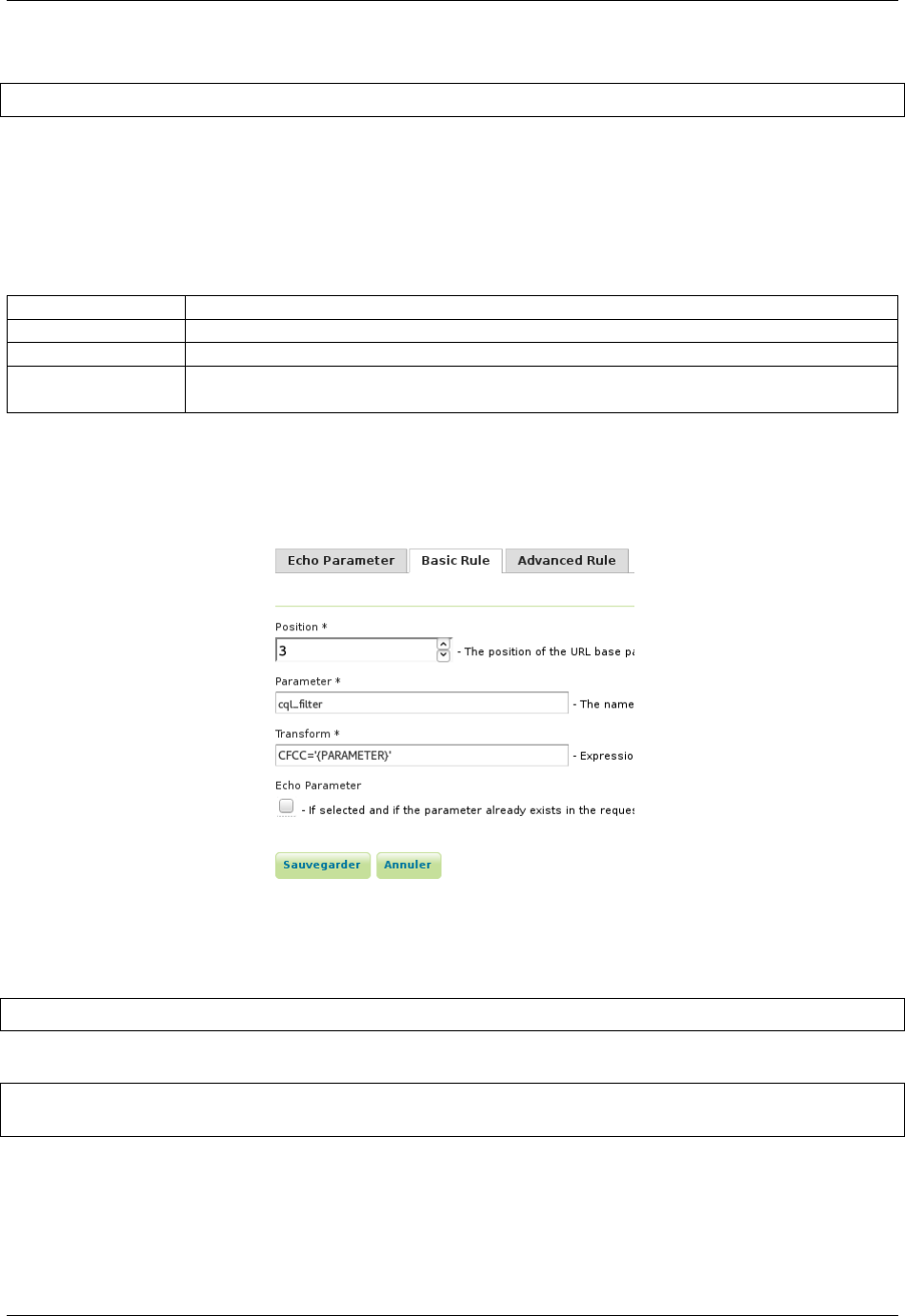
GeoServer User Manual, Release 2.15.1
to the get capabilities result:
/geoserver/ows?SERVICE=WMS&CQL_FILTER=CFCC%3D%27D68%27&
16.20.2 Basic Rules
Basic rules allow us to handle simple uses cases where we only want to extract a parameter from the URL.
A basic rule is defined by three mandatory attributes:
Attribute Description
Position The position of the URL base path element to be selected
Parameter The name of the parameter produced by this rule
Transform Expression that defines the value of the parameter, use {PARAMETER} as a place-
holder for the selected path element
For commodity is also possible when defining this type of rules to configure that an existing parameter in
the URL should be echoed to a get capabilities result.
Example of a basic rule:
Fig. 16.15: Example of a basic rule defined in the UI
This rule will transform the URL:
/geoserver/tiger/wms/H11?SERVICE=WMS&VERSION=1.1.1&REQUEST=GetMap
in:
/geoserver/tiger/wms?SERVICE=WMS&VERSION=1.1.1&REQUEST=GetMap&CQL_FILTER=CFCC%3D%27H11
,→%27
16.20.3 Advanced Rules
Advanced rules allow us to handle more complex uses cases where more flexibility is required.
An advanced rule is defined by three mandatory attributes and four optional ones:
16.20. Parameters Extractor 1827
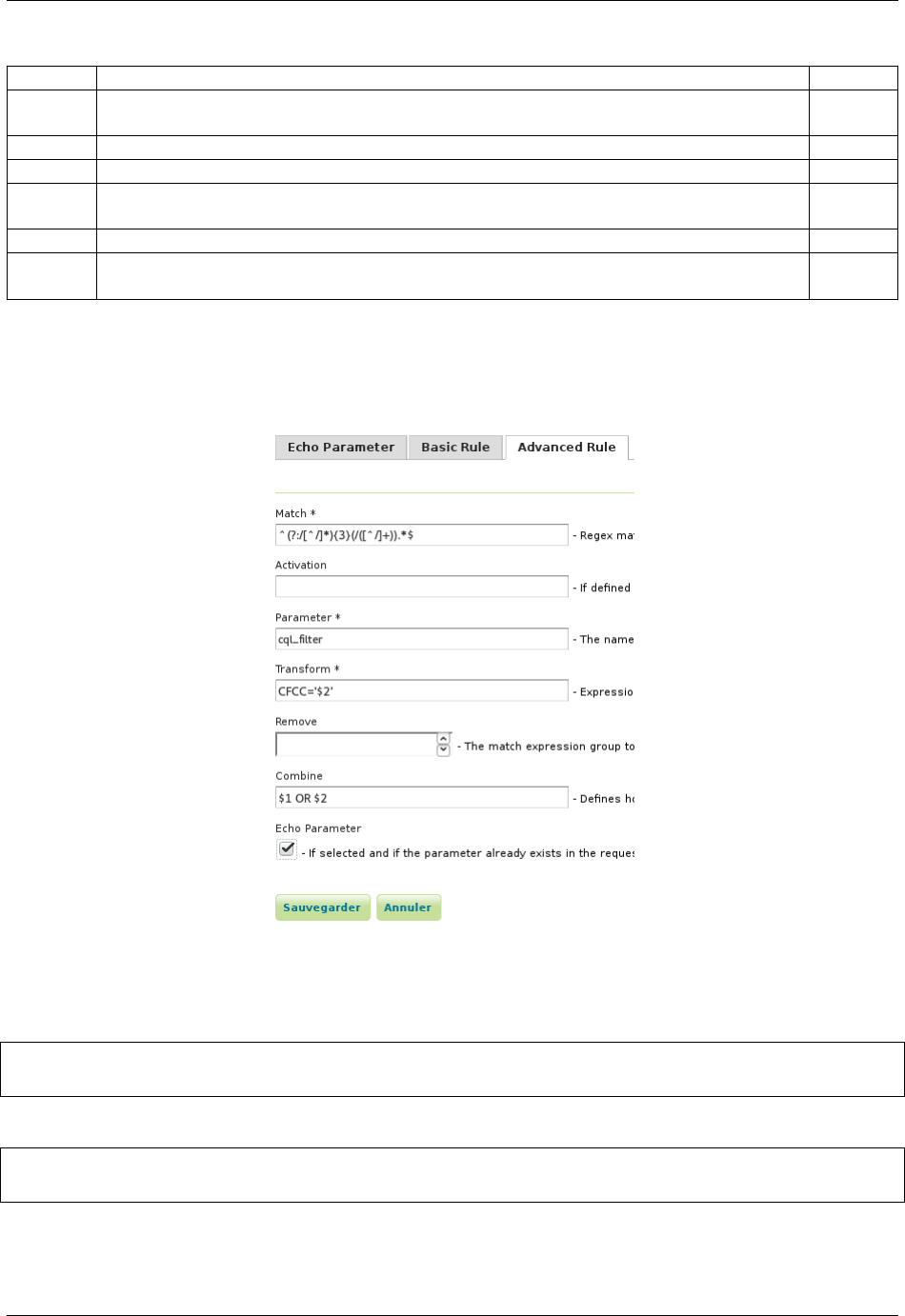
GeoServer User Manual, Release 2.15.1
Attribute Description Mandatory
Match Regex match expression with groups, for example ^(?:/[^/]*){3}(/([^/]+)).*$ se-
lects the URL base path third element
Yes
ActivationIf defined this rule will only be applied to URLs that match this regex expression No
ParameterThe name of the parameter produced by this rule Yes
TransformExpression that defines the value of the parameter, use $1 . . . $n as placeholders
for groups defined in the match expression
Yes
Remove The match expression group to be removed from URL, by default 1 No
Combine Defines how to combine parameter existing value ($1 existing value, $2 new value),
by default the value is overridden
No
For commodity is also possible when defining this type of rules to configure that an existing parameter in
the URL should be echoed to a get capabilities result.
Example of an advanced rule:
Fig. 16.16: Example of an advanced rule defined in the UI
This rule will transform the URL:
/geoserver/tiger/wms/H11?SERVICE=WMS&VERSION=1.1.1&REQUEST=GetMap&CQL_FILTER=CFCC%3D
,→%27D68%27
in:
/geoserver/tiger/wms?SERVICE=WMS&VERSION=1.1.1&REQUEST=GetMap&CQL_FILTER=CFCC%3D%27D68
,→%27+or+CFCC%3D%27H11%27
No that this rule will also echo an existing cql_filter parameter to the get capabilities result.
1828 Chapter 16. Community modules
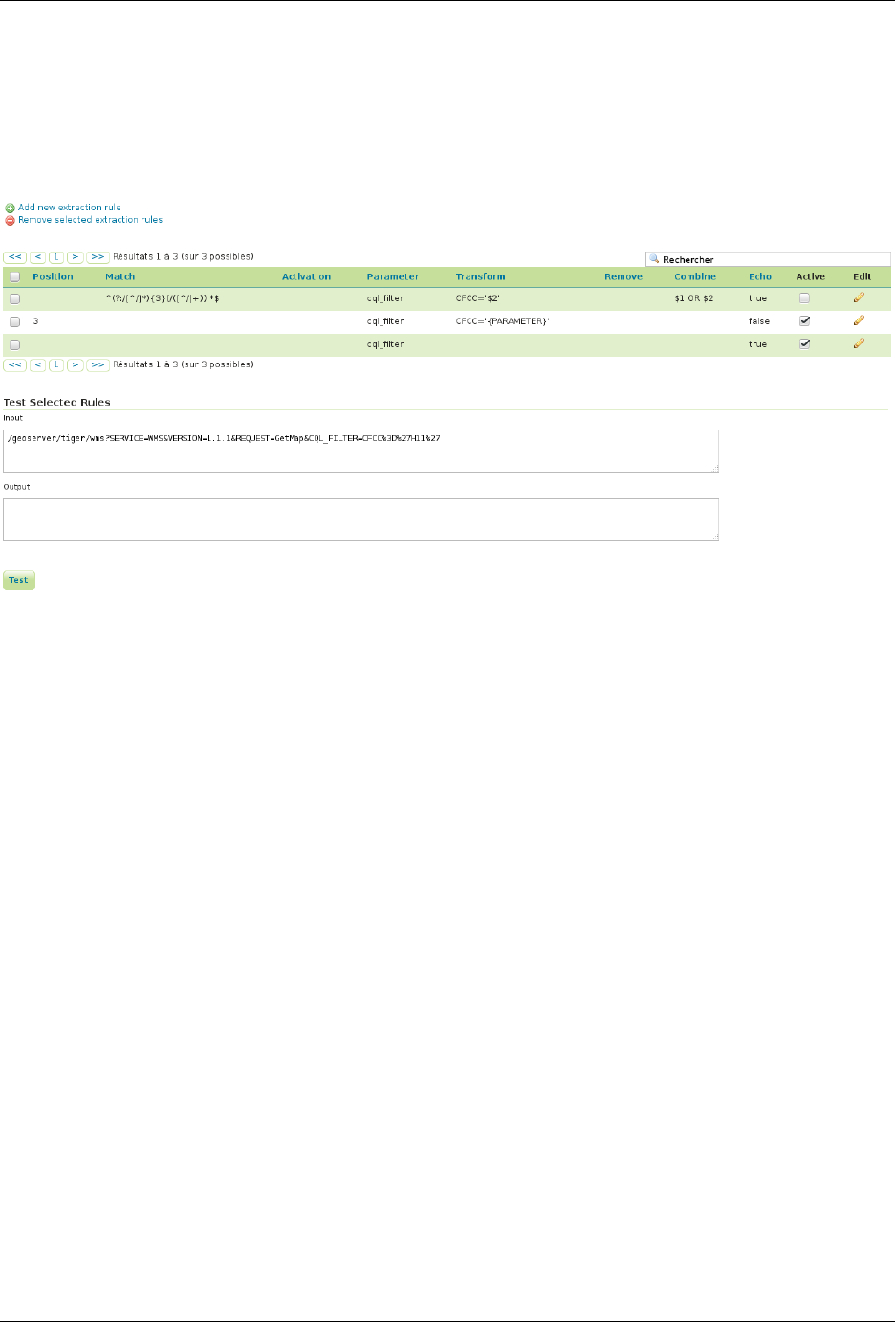
GeoServer User Manual, Release 2.15.1
16.20.4 Rules Management
Rules can be managed and tested in the rules management UI. Besides the basic operations like add, remove
and update is also possible to activate or deactivate rules. A deactivated rule will be ignored by this module.
Follow a print screen of the rules management UI with all the rules previously defined:
Fig. 16.17: Rules management UI
Note that the first rule (the advanced one) is not active.
16.20.5 REST API
The rules and echo parameters can also be managed by means of a REST API found at geoserver/rest/
params-extractor. Documentation for it is available in Swagger format
16.21 WPS Remote community module
The GeoServer WPS remote module allows to discover, run and monitor processes running on one or more
remote machines, exposing them via the WPS protocol and allowing both synchronous and asynchronous
runs of the same, with eventual progress monitoring.
The remote process can be anything, from a Python script or a command line executable. The only con-
straint is to have a remote component able to handle few RPCs, like run, progress, complete (which means
collect and send the outcome to the GeoServer machine), execution error (which means if any error occurs
report the exception) and kill. On GeoServer side the module manages the same RPCs in order to perform
the integration with the WPS. All the communications and command take place over the XMPP protocol,
as a suitable cross-language communication system
A reference implementation of the remote end is available at https://github.com/geoserver/wps-remote,
a configurable Python/XMPP wrapper for remote commands. The Python XMPP wrapper resides into the
remote machine and is able to send a presentation of the remote process through an XMPP message by
JSON-encoding into the body the process inputs/outputs parameter descriptors along with their type. On
the GeoServer side the WPS Remote module automatically recognizes and loads an XMPP implementation
16.21. WPS Remote community module 1829

GeoServer User Manual, Release 2.15.1
of the RemoteClient. The GeoServer plugin is able to inquire for new available services, un-marshall their
inputs and outputs and build appropriate process wrapper for GeoServer WPS to use. At execution time,
the new Process is able to interact with the RemoteClient plug-in implementation in order to send a request
to the Service.py, follow the status of the remote process and get the outputs at the end.
16.21.1 Orchestrating remote executable through GeoServer WPS and XMPP
The Remote WPS infrastructure is designed to run external programs asynchronously through the standard
OGC WPS protocol interface on remote machines and to track their progress through the XMPP Protocols.
The infrastructure relies on an XMPP Server (which can be external or embedded) in order to implement
amessage passing distributed infrastructure that uses the XMPP protocols for exchanging control and status
messages between the GeoServer instances and the executables running on remote machines.
A Python based framework, along with addoc GeoServer plugins, manages and translates the XMPP mes-
sages by decoupling the custom mechanism of launching external executables running on remote machines
from the standard way of invoking OGC WPS compliant processes in GeoServer.
The OGC WPS process I/O map is automatically generated by the Remote WPS GeoServer plug-ins at
runtime. Every time the framework recognizes a new external executable declared on the XMPP channel,
the Remote WPS GeoServer plug-in creates the equivalent OGC WPS compliant interface and establishes
the communication between GeoServer and the external executable. Every time a GeoServer user starts
a new OGC WPS compliant process run, the infrastructure performs a call to the external executable and
takes care of managing the communication between the two entities asynchronously.
The Remote WPS GeoServer plug-ins provide a new ProcessFactory which is responsible to regis-
ter/unregister the OGC WPS compliant processes automatically and at runtime. Orchestration will be
performed by the newly created GeoServer ProcessFactory upon a WPS execution request with the help of
the XMPP Server which provides out-of-the-box nodes presence discovery and load balancing capabilities
for the remote node through the interaction with the Python framework.
The orchestrator will also be responsible for redirecting the messages generated by running executables
on the remote machines to the correct GeoServer process and vice versa for control messages. Executables
running on the remote hosts through the Python framework wrappers, will generate progress information
which will be sent back to the orchestrator via XMPP.
It is important to note that there are two levels of load balancing. One on the GeoServer side and one on
the remote processing nodes side. The GeoServer load balancer will know which user has requested the
processing and will be able to enforce system and resources limitations associated to it; as an instance, a
user won’t be able to run more than M processes in parallel and a quota for both the inputs and outputs will
be assigned to its executions. The Orchestrator will be responsible, in cooperation with the XMPP service,
for balancing the load for a certain executables on the remote hosts and for deciding where to send a new
execution request in case a certain executable has been deployed on multiple remote machines.
Also note that the GeoServer instances comprising the cluster will share a specific directory where the WPS
specific resources will be stored.
Invoking remote processes and consuming the results
The executables on the remote hosts will be invoked through the command line by the Python framework
wrappers in response to execution commands, received via the Orchestrator XMPP messages, as the result
of a GeoServer WPS Execute call.
On the remote machines the Python framework wrappers and scripts will act as XMPP clients providing
the ability to:
1830 Chapter 16. Community modules
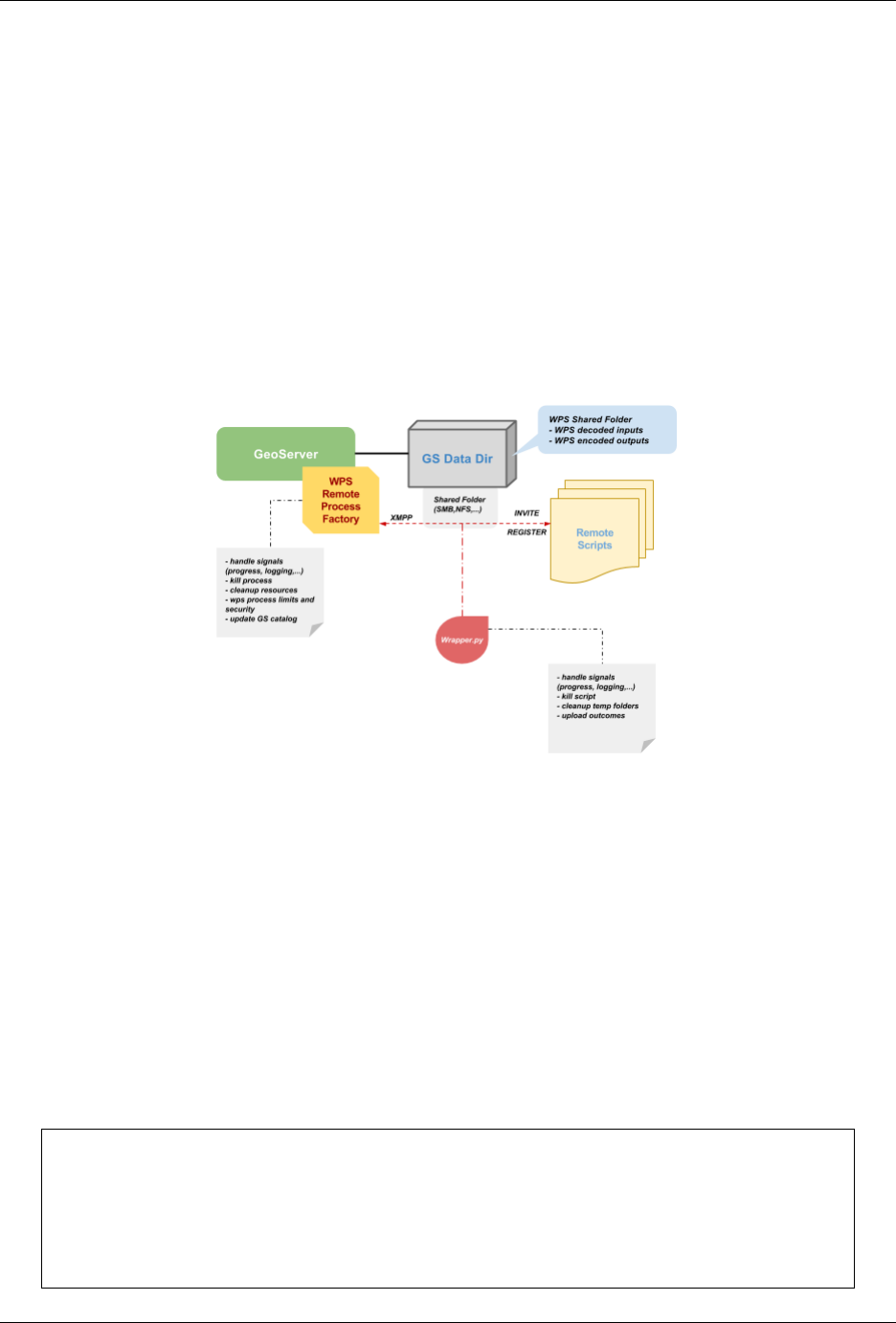
GeoServer User Manual, Release 2.15.1
• launch command-line executables using the inputs provided by the end user from the GeoServer
process orchestrator
• send back to the orchestrator status messages with the progress and status of the execution
• receive eventual control messages from the orchestrator to tentatively kill running executions
• perform clean-up operations like looking for zombie executions and killing them or removing stale
files on the file system from old executions
• perform runtime discovery of new remote executable
The illustration below shows the interaction between the GeoServer Remote WPS plug-in and the Python
framework wrappers. The whole communication is achieved through the XMPP protocols. The Python
framework makes available a set of scripts and wrappers allowing to invoke the external executables and
manage the entire execution by translating commands and outputs into XMPP messages to be sent and
received by GeoServer.
As mentioned above the remote executables should adhere to a certain contract in order to fully support all
these functionalities. As an example the ability to kill an existing execution heavily relies on the fact that the
current process accounted for this functionality, otherwise we would have to try and kill it using operating
system calls. This might require the end user to create wrappers around the legacy executables in certain
cases.
Runtime discovery of new remote executable will be supported through adding new Properties files to a
location known to the Python modules. A new OGC WPS compliant process will be directly exposed to
GeoServer without restarting the GeoServer itself for the new remote executable since the Python wrappers
will communicate the existence of a new executable by interacting with the GeoServer Orchestrator via
XMPP messages. The end user will see as many OGC WPS compliant processes as properties configuration
files on the remote machines thanks to the functionalities implemented by the Python framework scripts.
An example of such a properties file can be like below:
[Description]
service = Service
namespace = default
description = A dummy service, replace with your own description
executable = process.py
process_buffer = 0
result_size = 0
16.21. WPS Remote community module 1831
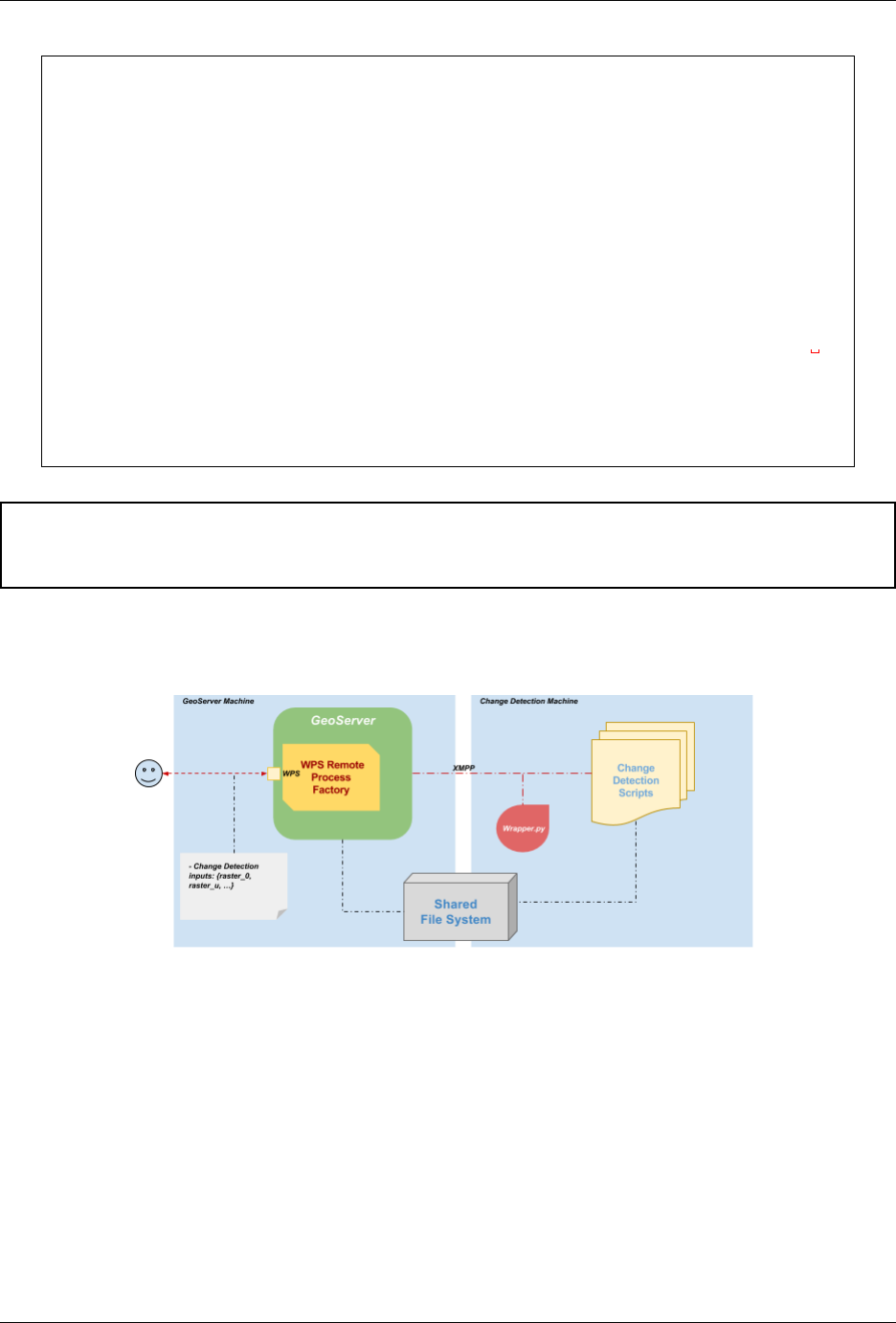
GeoServer User Manual, Release 2.15.1
active = True
[Options]
customargs = --path=D:\user\
argformat = --key=value
debug = True
[Input]
name = {"type": "string", "description": "A person name", "enum": ["Hans",
,→"Peter", "Alex", "Michi"],
"default": "Hans", "max": 1}
surname = {"type": "string", "description": "A persons surname", "max": 1,
,→"default": "Meier"}
child = {"type": "string", "description": "A child name", "min": 0, "max":
,→10}
[Output]
welcome = {"type": "string", "description": "A welcome message"}
goodbye = {"type": "string", "description": "A goodbye message"}
Warning: the configuration above is a simplified and non-working example of a Remote Process wrap-
per configuration. The scope of the example above is just for better understand of the high-level scenario
and is not ment to be used in a real use case.
Deploy Diagram
The illustration shows a deploy diagram of a Change Detection executable running on a remote machine and
exposed as a GeoServer WPS Process thought the WPS Remote Plug-in.
• The external users issue a processing request through GeoServer using the OGC WPS compliant pro-
tocol.
• The GeoServer Remote WPS plug-in, thanks to the WPS RemoteProcessFactory, will be able to expose
the processes I/O map along with the process descriptors, and take care of the entire execution by
providing feedbacks to the users in an OGC compliant way.
• On the remote machines, where the executables rely and where the real computation takes place,
the Python framework, through the use of wrappers and ad h.o.c. scripts, handles transparently the
communication with the Remote plug-in through the XMPP protocols.
1832 Chapter 16. Community modules
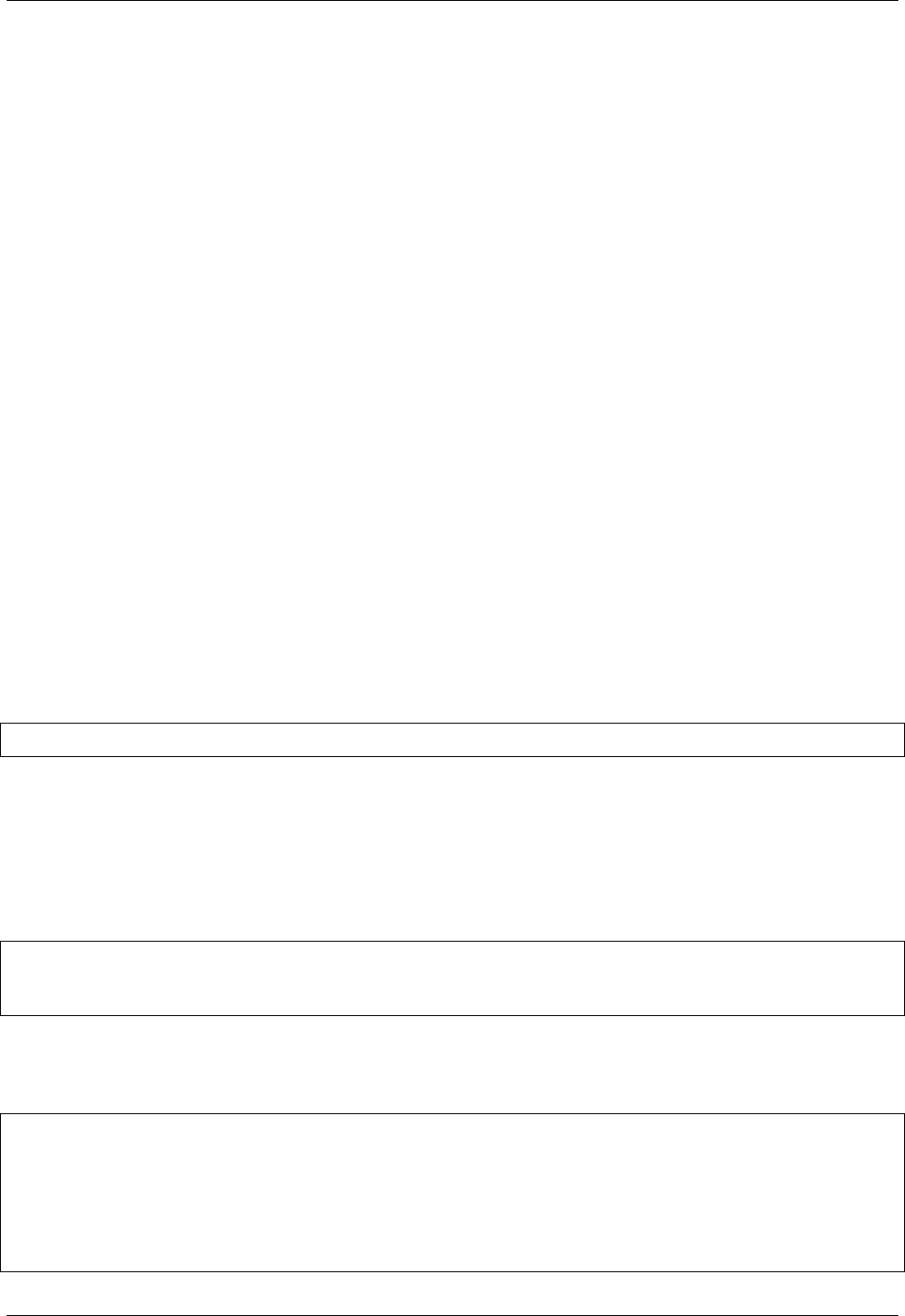
GeoServer User Manual, Release 2.15.1
• The XMPP Server, in the middle, handles the secured communication channels ensuring that the
endpoints are correctly registered to the system and are able to exchange messages.
• The outcomes are exchanged through a shared folder.
16.21.2 Installation and Configuration Steps
The following sections will guide the user to the deployment and configuration of an example GDAL CON-
TOUR command exposed as a GeoServer WPS Process through the WPS Remote Plugin.
The examples will show step-by-step procedures to configure and deploy the whole example on two dif-
ferent machines:
• Commands to deploy GeoServer with the WPS Remote Plug-in and an OpenFire XMPP Server, will
be executed on a CentOS Minimal machine
• Commands to deploy the WPS Remote XMPP Python Wrapper and GDAL, will be executed on a
Windows 7+ machine
Deployment And Setup Of GeoServer With WPS Remote Plugin
The following commands will prepare a CentOS 7 Minimal ISO machine for the deployment of:
• GeoServer with the following plugins:
–GeoServer WPS
–GeoServer Remote WPS Orchestrator
–GeoServer Importer
The OS iso has been downloaded from::
http://isoredirect.centos.org/centos/7/isos/x86_64/CentOS-7-x86_64-Minimal-1503-01.iso
Preparation of the system: standard and basic OS packages
Hostname and other useful packages
Update the file /etc/hosts making sure that the ip addreses matches the name of the machine.
# as root
$> yum -y install man vim openssh-clients mc zip unzip wget net-tools
Configure the Java Virtual Environment
# as root
$> wget --no-check-certificate --no-cookies --header "Cookie: oraclelicense=accept-
,→securebackupcookie" http://download.oracle.com/otn-pub/java/jdk/8u65-b17/jdk-8u74-
,→linux-x64.tar.gz
$> tar xzvf jdk-8u65-linux-x64.tar.gz
16.21. WPS Remote community module 1833
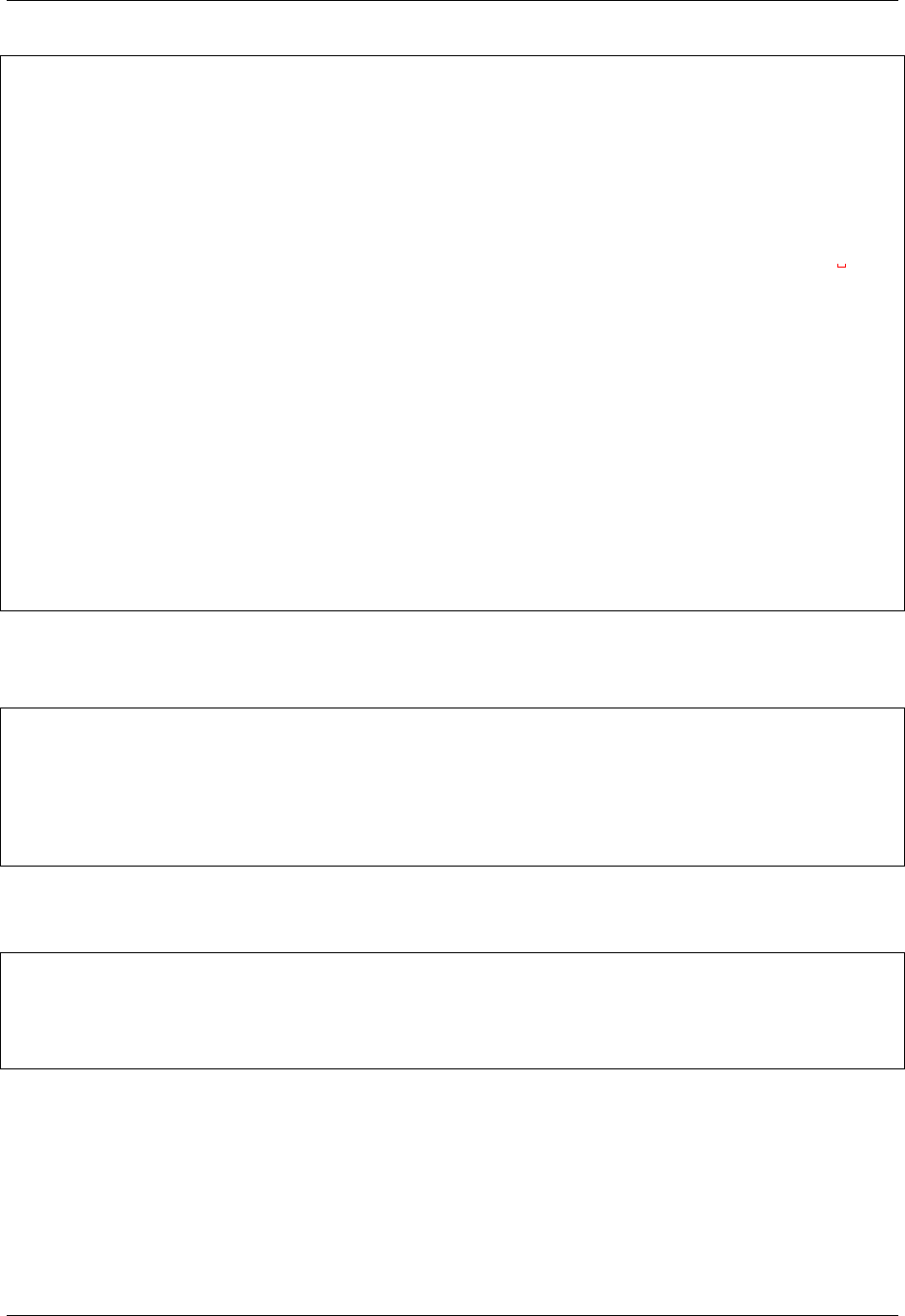
GeoServer User Manual, Release 2.15.1
$> mkdir /usr/java
$> mv jdk1.8.0_65/ /usr/java/
$> alternatives --install /usr/bin/java java /usr/java/jdk1.8.0_65/bin/java 20000
$> alternatives --install /usr/bin/javac javac /usr/java/jdk1.8.0_65/bin/javac 20000
$> alternatives --install /usr/bin/jar jar /usr/java/jdk1.8.0_65/bin/jar 20000
$> alternatives --install /usr/bin/javaws javaws /usr/java/jdk1.8.0_65/bin/javaws
,→20000
$> alternatives --set java /usr/java/jdk1.8.0_65/bin/java
$> alternatives --set javac /usr/java/jdk1.8.0_65/bin/javac
$> alternatives --set jar /usr/java/jdk1.8.0_65/bin/jar
$> alternatives --set javaws /usr/java/jdk1.8.0_65/bin/javaws
# Verify the proper installation on the JDK
$> java -version
java version "1.8.0_65"
Java(TM)SE Runtime Environment (build 1.8.0_65-b17)
Java HotSpot(TM)64-Bit Server VM (build 25.65-b01, mixed mode)
$> javac -version
javac 1.8.0_65
Installing Apache Tomcat
# as root
$> yum -y install tomcat-webapps
$> systemctl disable tomcat.service
$> cp /etc/sysconfig/tomcat /etc/sysconfig/geoserver
$> ln -s /usr/share/tomcat/ /opt/tomcat
Creating apache tomcat HOME context
Creating base template directory
# as root
$> mkdir -p /var/lib/tomcat/geoserver/{bin,conf,logs,temp,webapps,work}
$> cp -Rf /opt/tomcat/conf/*/var/lib/tomcat/geoserver/conf/
Creating geoserver apache tomcat BASE context
Make sure you already:
• installed tomcat (Installing apache tomcat)
• created the base catalina template (Creating apache tomcat HOME context)
Edit server.xml file
GeoServer is the first tomcat instance we are installing in this VM, so we can keep the default ports:
1834 Chapter 16. Community modules

GeoServer User Manual, Release 2.15.1
• 8005 for commands to catalina instance
• 8009 for the AJP connection port
• 8080 for the HTTP connection port
Remember that you may change these ports in the file /var/lib/tomcat/geoserver/conf/server.
xml
Final configurations
Set the ownership of the geoserver/ related directories to user tomcat
# as root
$> chown tomcat: -R /var/lib/tomcat/geoserver
$> cp /etc/tomcat/tomcat.conf /etc/tomcat/geoserver.conf
$> vi /etc/tomcat/geoserver.conf
# This variable is used to figure out if config is loaded or not.
TOMCAT_CFG_LOADED="1"
# In new-style instances, if CATALINA_BASE isn't specified, it will
# be constructed by joining TOMCATS_BASE and NAME.
TOMCATS_BASE="/var/lib/tomcats/"
# Where your java installation lives
#JAVA_HOME="/usr/lib/jvm/jre"
JAVA_HOME="/usr/java/jdk1.7.0_71"
# Where your tomcat installation lives
CATALINA_HOME="/usr/share/tomcat"
CATALINA_BASE="/var/lib/tomcat/geoserver"
CATALINA_PID=$CATALINA_BASE/work/pidfile.pid
# System-wide tmp
CATALINA_TMPDIR="/var/cache/tomcat/temp"
# You can pass some parameters to java here if you wish to
#JAVA_OPTS="-Xminf0.1 -Xmaxf0.3"
# Use JAVA_OPTS to set java.library.path for libtcnative.so
#JAVA_OPTS="-Djava.library.path=/usr/lib"
JAVA_OPTS="-server -XX:SoftRefLRUPolicyMSPerMB=36000 -Xms1024m -Xmx2048m
-XX:PermSize=64m -XX:+UseConcMarkSweepGC -XX:NewSize=48m -DGEOSERVER_DATA_DIR=/
,→storage/data/
-DENABLE_ADVANCED_PROJECTION=false -Dorg.geotools.shapefile.datetime=true -Duser.
,→timezone=GMT
-Dorg.geotools.filter.function.simplify=true -DGEOMETRY_COLLECT_MAX_
,→COORDINATES=50000"
# You can change your tomcat locale here
#LANG="en_US"
# Run tomcat under the Java Security Manager
SECURITY_MANAGER="false"
$> cp /usr/lib/systemd/system/tomcat.service /usr/lib/systemd/system/geoserver.service
$> vi /usr/lib/systemd/system/geoserver.service
16.21. WPS Remote community module 1835
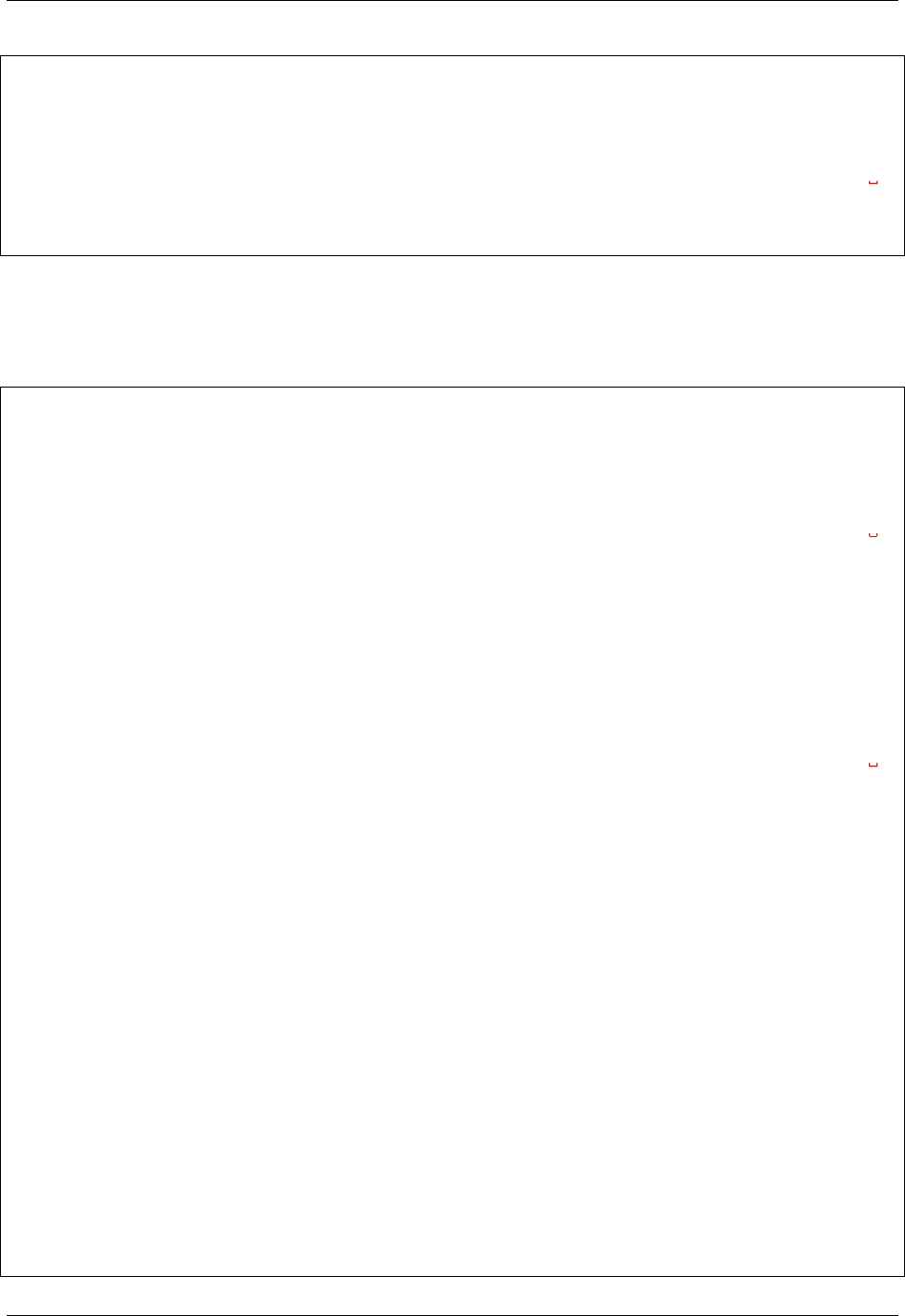
GeoServer User Manual, Release 2.15.1
EnvironmentFile=/etc/tomcat/geoserver.conf
$> systemctl enable geoserver.service
$> systemctl restart geoserver.service
# Follow the server startup procedure and make sure everything goes smoothly through
,→the following command
$> tail -F /var/lib/tomcat/geoserver/logs/catalina.YYYY-MM-DD.log
Deploy And Configure GeoServer
First deployment
# as root
# Git and Maven must be installed on the system
$> yum -y install git
$> yum -y install maven
# Verify the Maven installation and double check that the JDK recognized is the Java
,→Sun 1.7+
$> mvn -version
Apache Maven 3.0.5 (Red Hat 3.0.5-16)
Maven home: /usr/share/maven
Java version: 1.8.0_65, vendor: Oracle Corporation
Java home: /usr/java/jdk1.8.0_65/jre
Default locale: en_US, platform encoding: UTF-8
OS name: "linux", version: "3.10.0-229.el7.x86_64", arch: "amd64", family: "unix"
# The following procedures allow to collect and compile the source code from the GIT
,→repository.
$> cd
$> git clone https://github.com/geosolutions-it/geoserver.git geoserver.src
$> cd geoserver.src/src
$> git checkout wps-remote
$> git pull
$> mvn clean install -Pwps,wps-remote,importer,security,rest-ext -DskipTests
$> mv web/app/target/geoserver.war /var/lib/tomcat/geoserver/webapps/
$> chown -Rf tomcat: /var/lib/tomcat/geoserver
$> mv /var/lib/tomcat/geoserver/webapps/geoserver/data/ /storage/
$> chown -Rf tomcat: /storage
$> vim /storage/data/remoteProcess.properties
# Default Properties
remoteProcessStubCycleSleepTime =100
1836 Chapter 16. Community modules

GeoServer User Manual, Release 2.15.1
# Base path where uploaded files are stored
# . This is used only when a remote uploader is enabled on the Python
# . WPS Agent. This property represents the local base path (on the filesystem
# . of GeoServer) where to search for uploaded files.
# . If not file has been found here (or this option is not enabled), GeoServer
# . looks for absolute path and/or paths relative to the GEOSERVER DATA DIR.
#uploadedFilesBasePath = /tmp
# Full path to the template used to generate the OWS WMC Json output
# . This property is used only when a "application/owc" output type on
# . the Python WPS Agent.
#owc_wms_json_template = absolute_path/to/wmc_template.json
# Specific kvps for {@link RemoteProcessClient) implementations
xmpp_server =localhost
xmpp_server_embedded =false
xmpp_server_embedded_secure =true
xmpp_server_embedded_certificate_file =bogus_mina_tls.cert
xmpp_server_embedded_certificate_password =boguspw
xmpp_port =5222
xmpp_manager_username =admin
xmpp_manager_password =R3m0T3wP5
# domain and MUC service name of the XMPP Server
xmpp_domain =geoserver.org
xmpp_bus =conference
# name, user and password of the management room
xmpp_management_channel =management
xmpp_management_channel_user =admin
xmpp_management_channel_pwd =R3m0T3wP5
# comma separated list of available rooms for services. Those rooms'names will
,→be equal to the service and WPS Process namespace
# Avoid spaces
xmpp_service_channels =default,geosolutions
# millis
xmpp_packet_reply_timeout =500
# connection keep alive
xmpp_connection_ping_interval =30000
xmpp_connection_ping_timeout =10000
xmpp_connection_ping_initial_delay =20000
# Thresholds indicating overloaded resources
xmpp_cpu_perc_threshold =82.5
xmpp_mem_perc_threshold =84.6
# Restart GeoServer
$> service geoserver restart
16.21. WPS Remote community module 1837
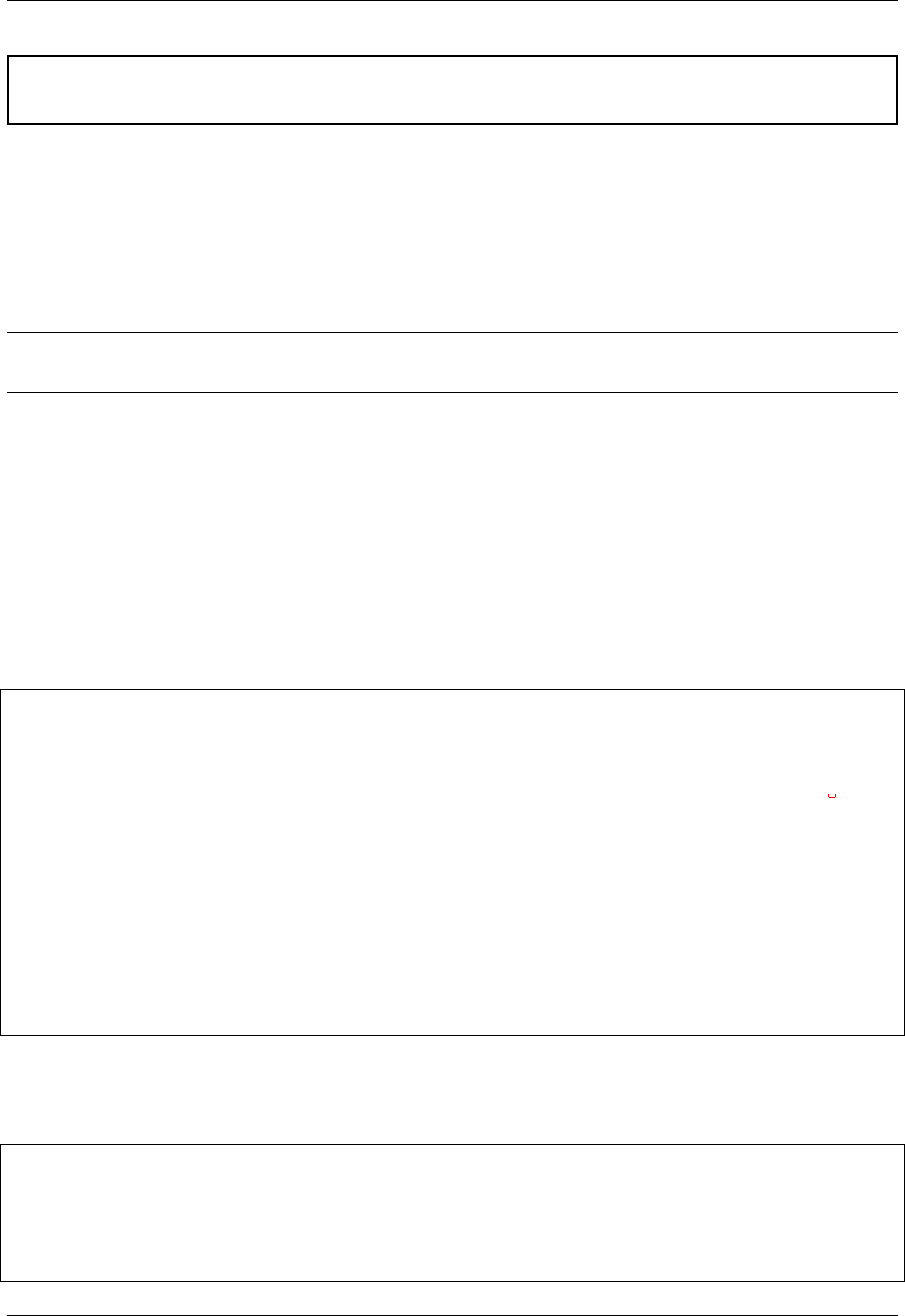
GeoServer User Manual, Release 2.15.1
Warning: GeoServer won’t connect to XMPP Server until it has been correctly configured and started
as explained in the next section Installation Of OpenFire XMPP Server To Exchange Messages.
Installation Of OpenFire XMPP Server To Exchange Messages
The following commands will prepare a CentOS 7 Minimal ISO machine for the deployment of:
• Openfire XMPP Server
• NFS shared file-system
Note: Prerequisite to this section, is the basic preparation of the CentOS machine as described on the
section Deployment And Setup Of GeoServer With WPS Remote Plugin.
Setup and configuration of Openfire XMPP Server
Originally named Jabber, XMPP is the new label for Extensible Messaging and Presence Protocol. and it is
associated mostly with instant messaging.
Setting up PostgreSQL database backend
For the purposes of running a private XMPP communication platform, we can safely stick with PostgreSQL
9.2 which is stable and comes in CentOS 7 by default.
# as root
$> yum install -y postgresql postgresql-server postgresql-devel postgresql-libs
# After PostgreSQL packages are installed, enable PostgreSQL to start after each
,→reboot.
$> systemctl enable postgresql.service
# Initialize directory structure and postgres system database.
$> postgresql-setup initdb
# And start the service.
$> systemctl start postgresql.service
Postgres installation is now up and running, lets proceed with setting up the specific database and the
dedicated user for OpenFire, together with authentication method and administration password.
For full administration access, switch to postgres user.
su postgres
# as postgres
$> createdb openfire
$> createuser -P openfire
1838 Chapter 16. Community modules
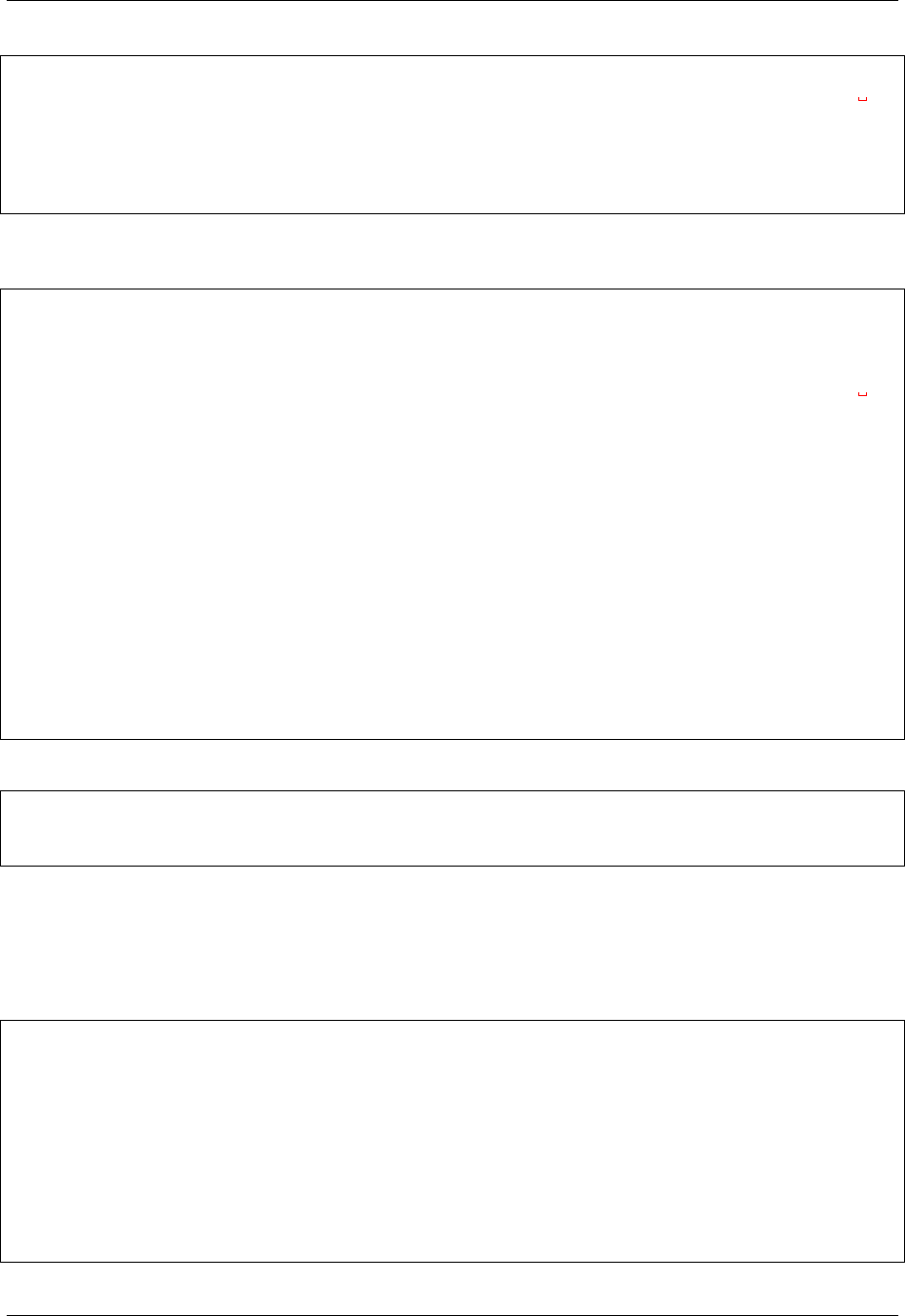
GeoServer User Manual, Release 2.15.1
# The '-P' parameter ensures that the shell will explicitly ask for user's password
,→and you will need to type it in. Enter the password twice
R3m0T3wP5
$> psql -U postgres -d postgres -c "ALTER USER postgres WITH PASSWORD 'R3m0T3wP5';"
Postgres user is secured with the new password. Lets put authentication methods in practice and force
every application or shell login to prompt for these passwords.
# as postgres
$> vim /var/lib/pgsql/data/pg_hba.conf
# Scroll down to the bottom of the file and replace all peer and ident strings with
,→md5 string.
# The configuration should look like this:
# TYPE DATABASE USER CIDR-ADDRESS METHOD
# "local" is for Unix domain socket connections only
local all all md5
# IPv4 local connections:
host all all 127.0.0.1/32 md5
# IPv6 local connections:
host all all ::1/128 md5
Go back from postgres shell (Ctrl+D) and restart postgresql service as root.
# as root
$> systemctl restart postgresql.service
Download and install Openfire from Ignite Realtime
Since OpenFire RPM package is not included in any major RHEL / CentOS / Fedora distribution reposito-
ries, it must be downloaded directly from Ignite Realtime website.
# as root
$> wget http://www.igniterealtime.org/downloadServlet?filename=openfire/openfire-3.10.
,→0-1.i386.rpm -O openfire-3.10.0-1.i386.rpm
# This package come in 32bit version only, so in case we run this installation on x86_
,→64 system, we need to make sure to install coresponding 32bit libraries as well.
$> yum install -y /root/openfire-3.9.3-1.i386.rpm
$> yum install -y glibc.i686
16.21. WPS Remote community module 1839
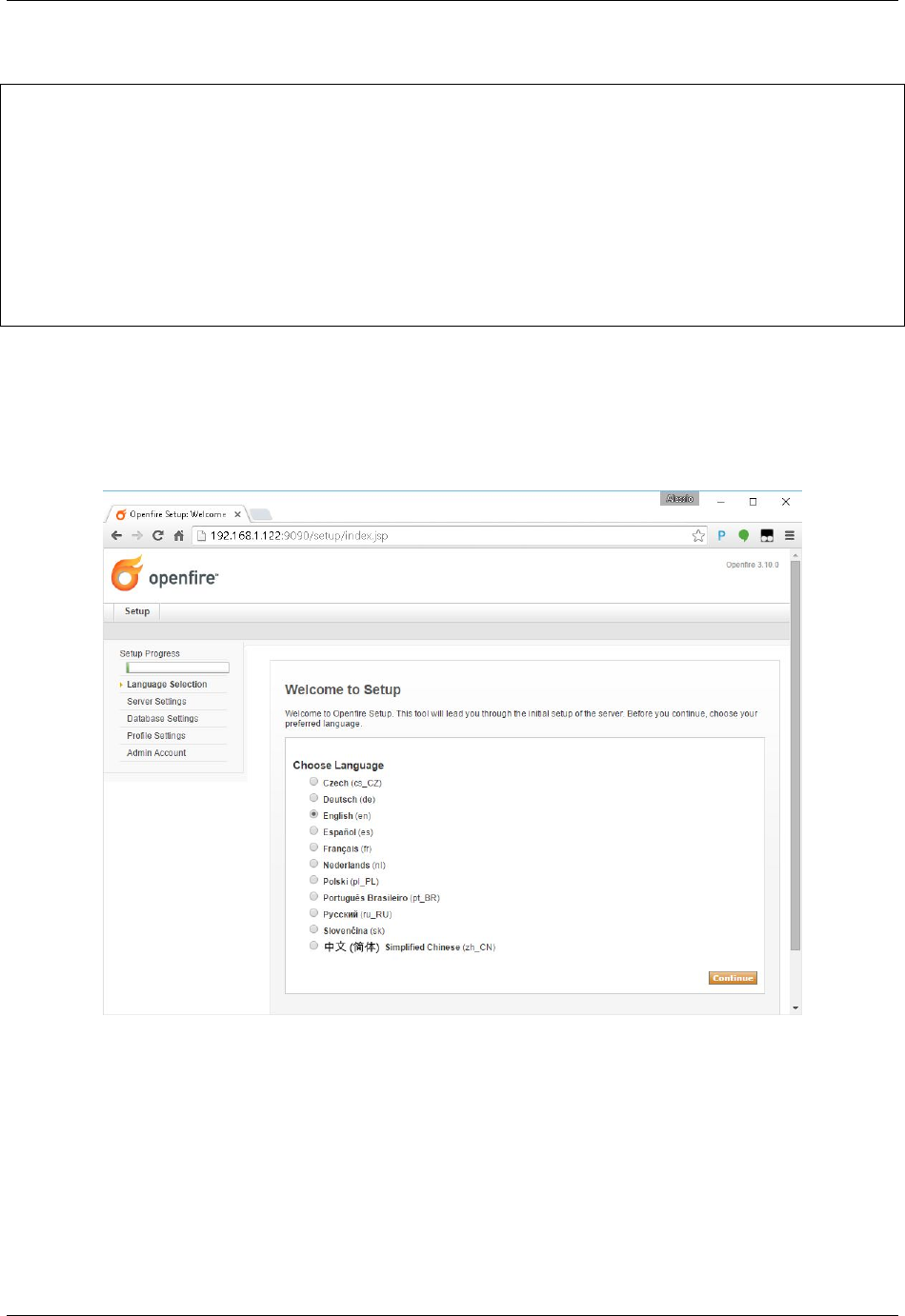
GeoServer User Manual, Release 2.15.1
Enable the openfire service and start it
# as root
$> chkconfig openfire on
$> systemctl start openfire.service
# We need to open the firewall ports in order to expose the gui to the outside
$> firewall-cmd --permanent --zone=public --add-port=9090/tcp
$> firewall-cmd --permanent --zone=public --add-port=9091/tcp
$> firewall-cmd --reload
Configuration of Openfire server
Move the browser to the url
http://YOUR-SERVER-IP:9090
Choose preferable language and hit Contine
Specify the server Domain as
geoserver.org
Choose the Standard Database Connection in the next section
Provide the Database connection parameters for the PostgreSQL DB in the standard connection section.
The password for the user openfire is the same provided in the PostgreSQL DB setup (see above).
1840 Chapter 16. Community modules
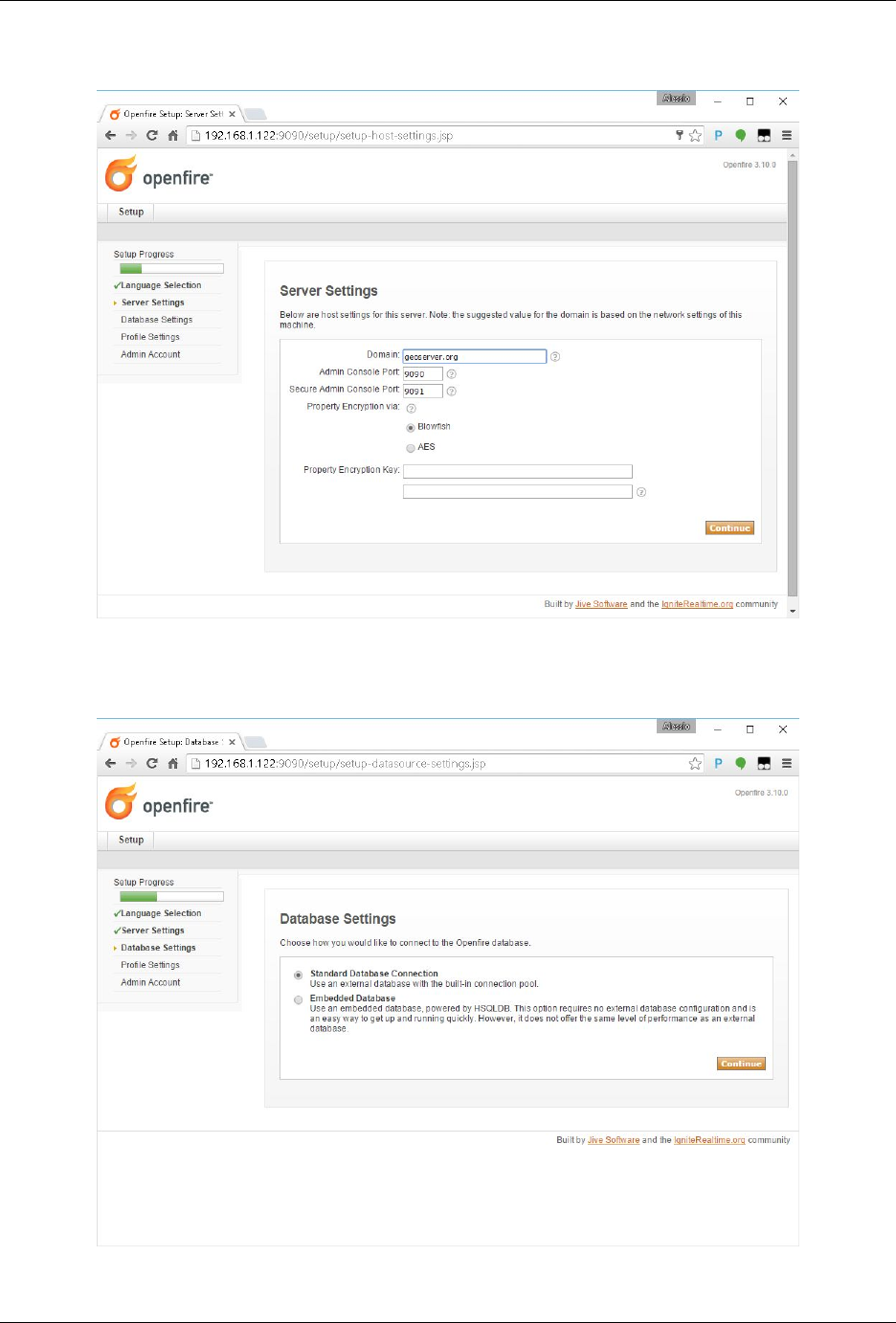
GeoServer User Manual, Release 2.15.1
16.21. WPS Remote community module 1841
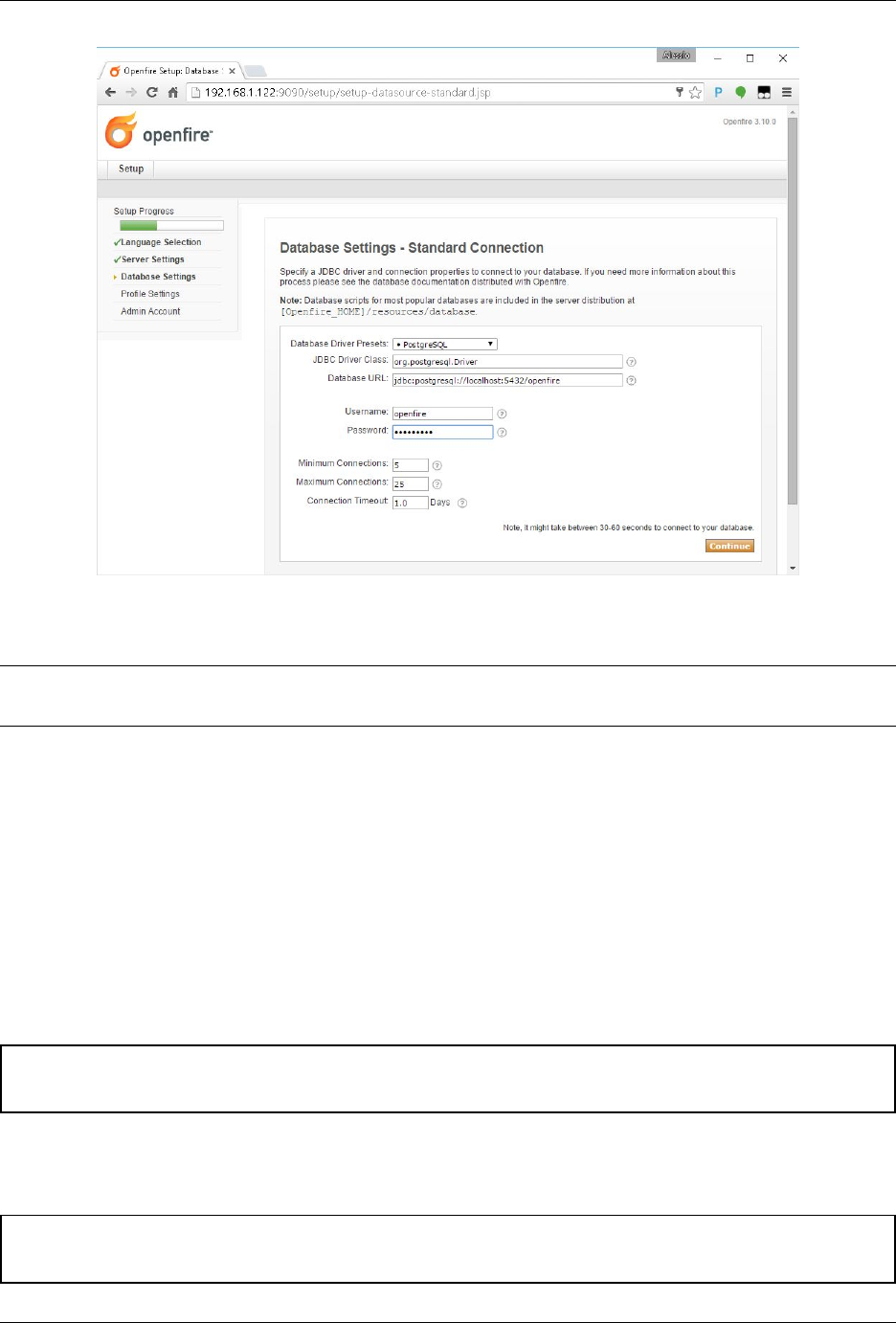
GeoServer User Manual, Release 2.15.1
Note: Be sure the openfire database and user have been correctly created on PostgreSQL and the pass-
words provided (see above for instructions).
If there are no connection issues, choose Default value on the users profile settings section.
Create the Administrator account in the next section.
The password *must* match the one specified in the remoteProcess.properties file
R3m0T3wP5
The initial setup is now complete. Log into the system using the newly created admin account.
Move to the Server Certificates section of the Server Settings tab panel.
Warning: This passage is not needed anymnore on Openfire 4.0+. At least the management of the
certificates is a bit different. Please refer to the specific Openfire documentation for more information.
Make sure that the self-signed certificates have been correctly generated and click on here in order to
restart the server
Warning: This passage is not needed anymnore on Openfire 4.0+. At least the management of the
certificates is a bit different. Please refer to the specific Openfire documentation for more information.
1842 Chapter 16. Community modules
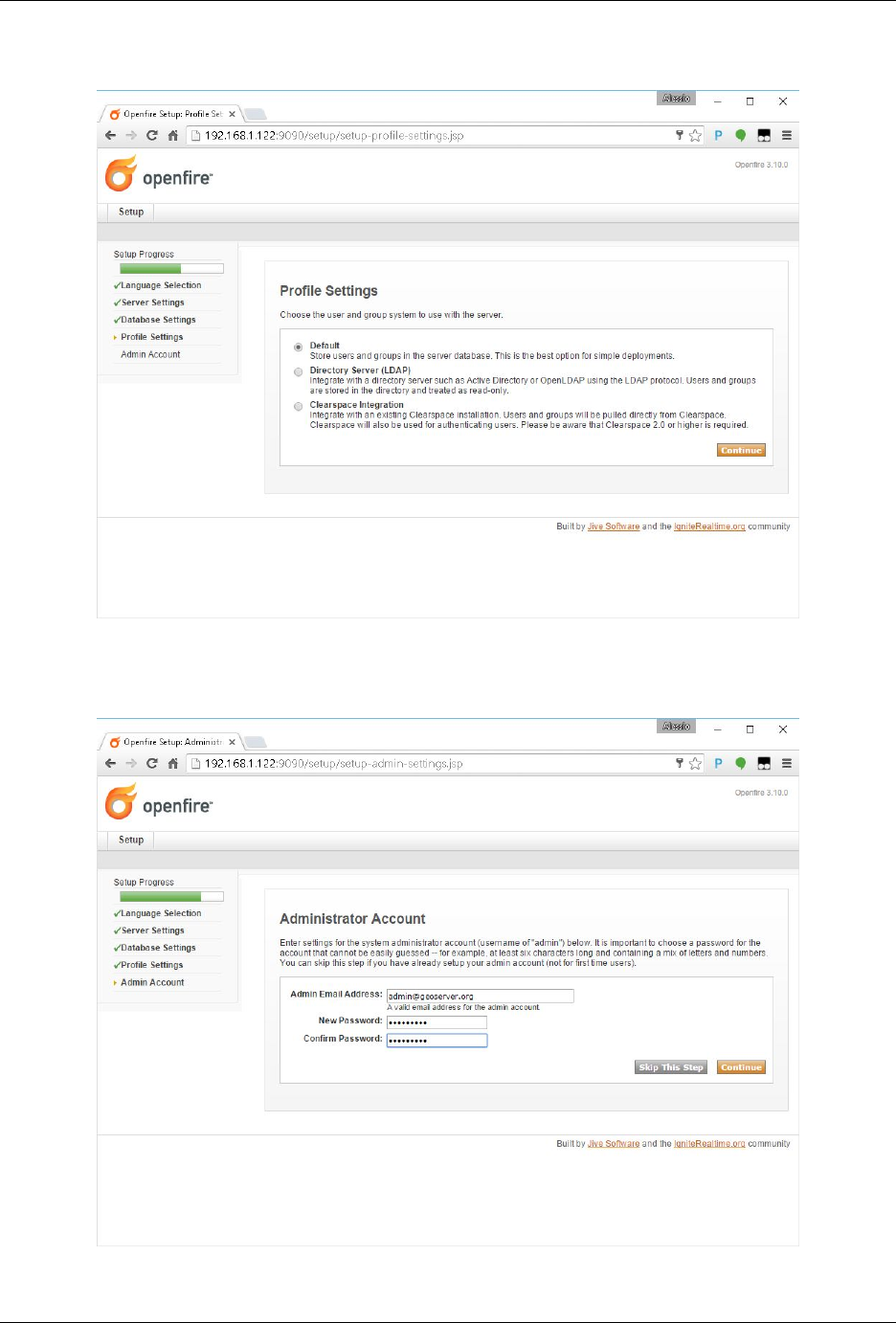
GeoServer User Manual, Release 2.15.1
16.21. WPS Remote community module 1843
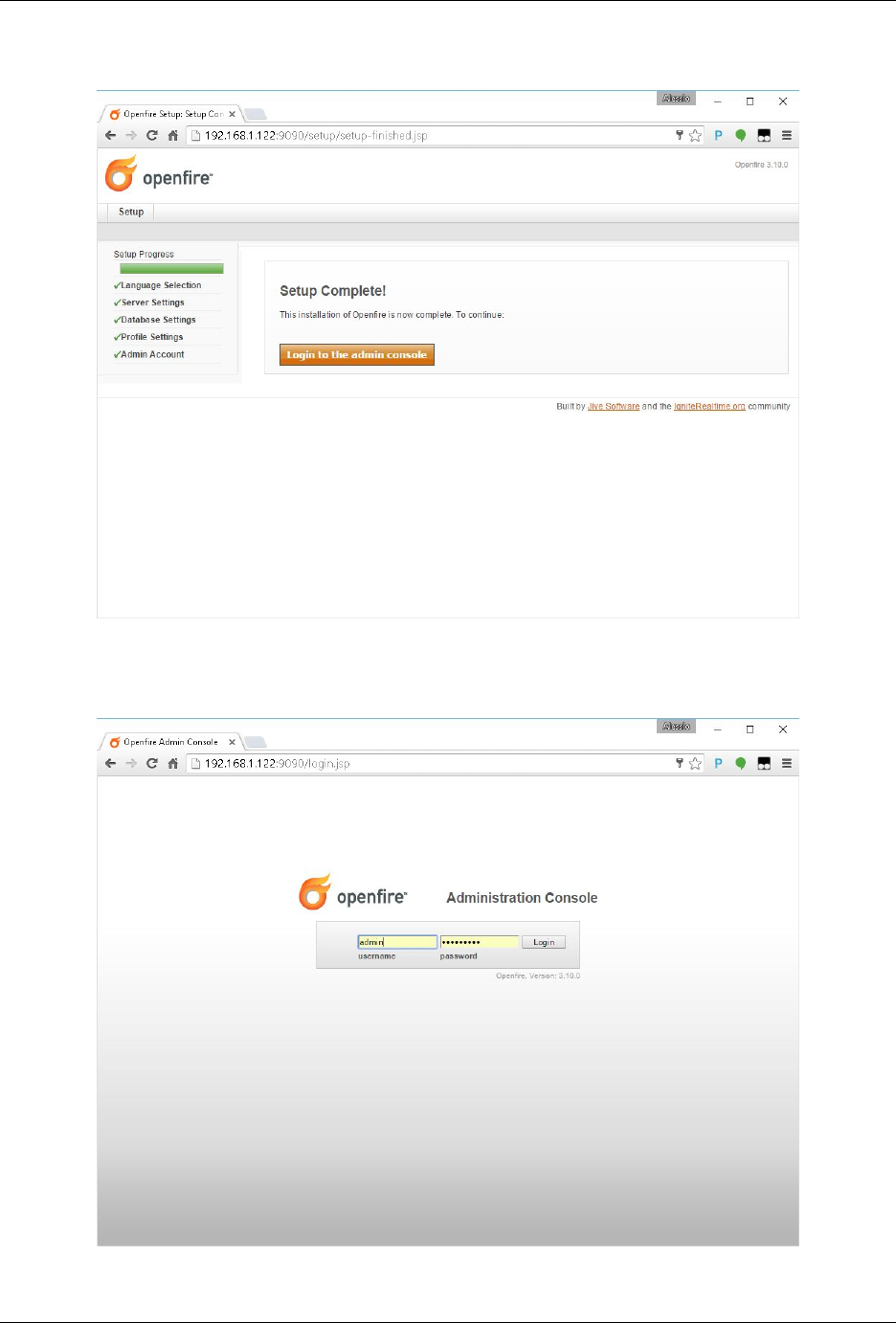
GeoServer User Manual, Release 2.15.1
1844 Chapter 16. Community modules
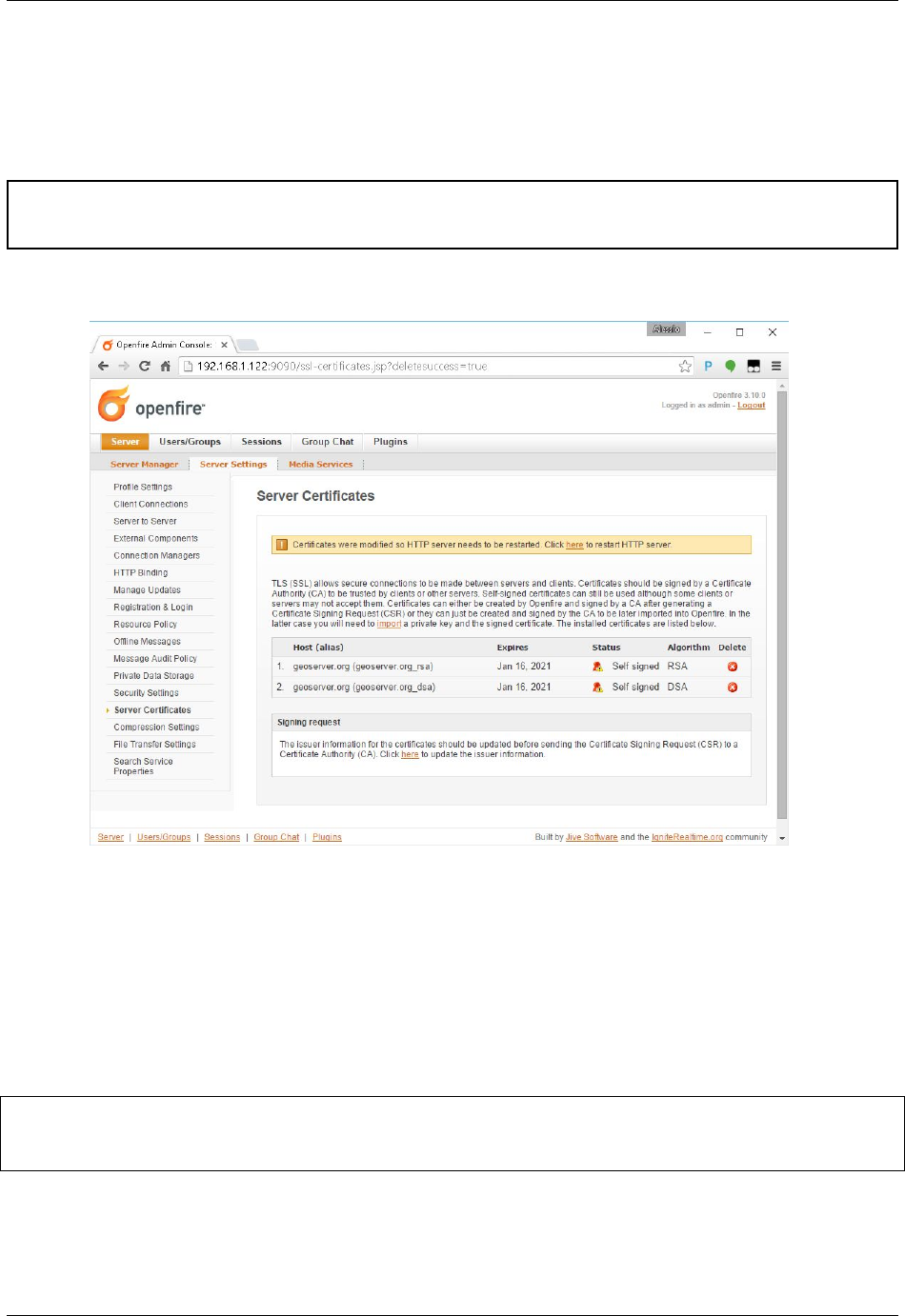
GeoServer User Manual, Release 2.15.1
The same section now shows the server certificates and won’t ask for another restart unless the certificates
are generated again.
Update the Security Settings in order to allow the server accepting self-signed certificates on secured
connections.
Warning: This passage is not needed anymnore on Openfire 4.0+. At least the management of the
certificates is a bit different. Please refer to the specific Openfire documentation for more information.
Create the default channel as shown in the next figure.
Create the management channel as shown in the next figure. Pay attention to the Room Options and
specify the password for the channel
R3m0T3wP5
Double check that the channels have been correctly created and they appear in the Group Chat Rooms.
Restart GeoServer
# as root
$> systemctl restart geoserver
After the GeoServer has successfully restarted, double check that it is connected to the server using the
admin credentials.
It is *very* important that the user is shown as Authenticated.
16.21. WPS Remote community module 1845
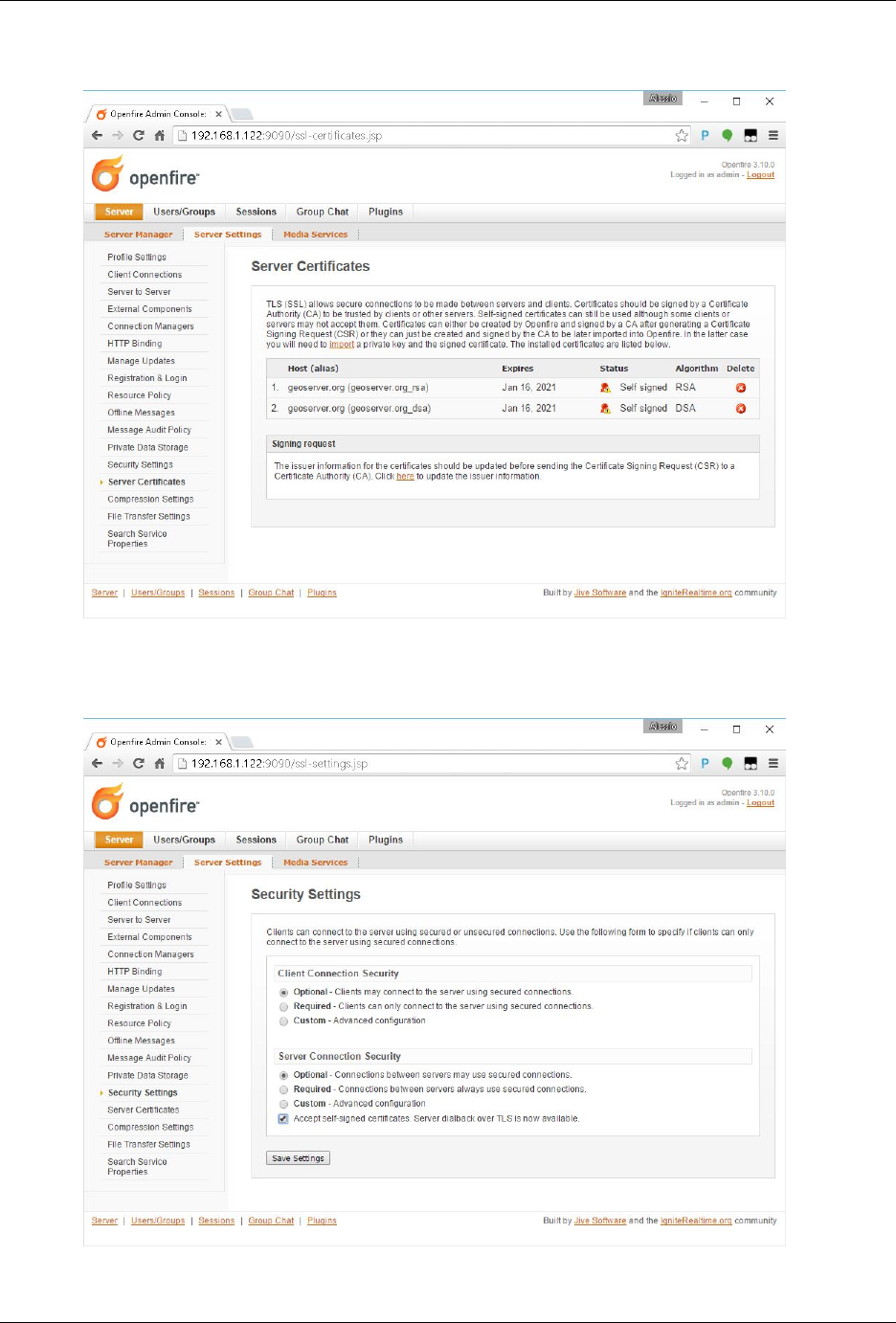
GeoServer User Manual, Release 2.15.1
1846 Chapter 16. Community modules
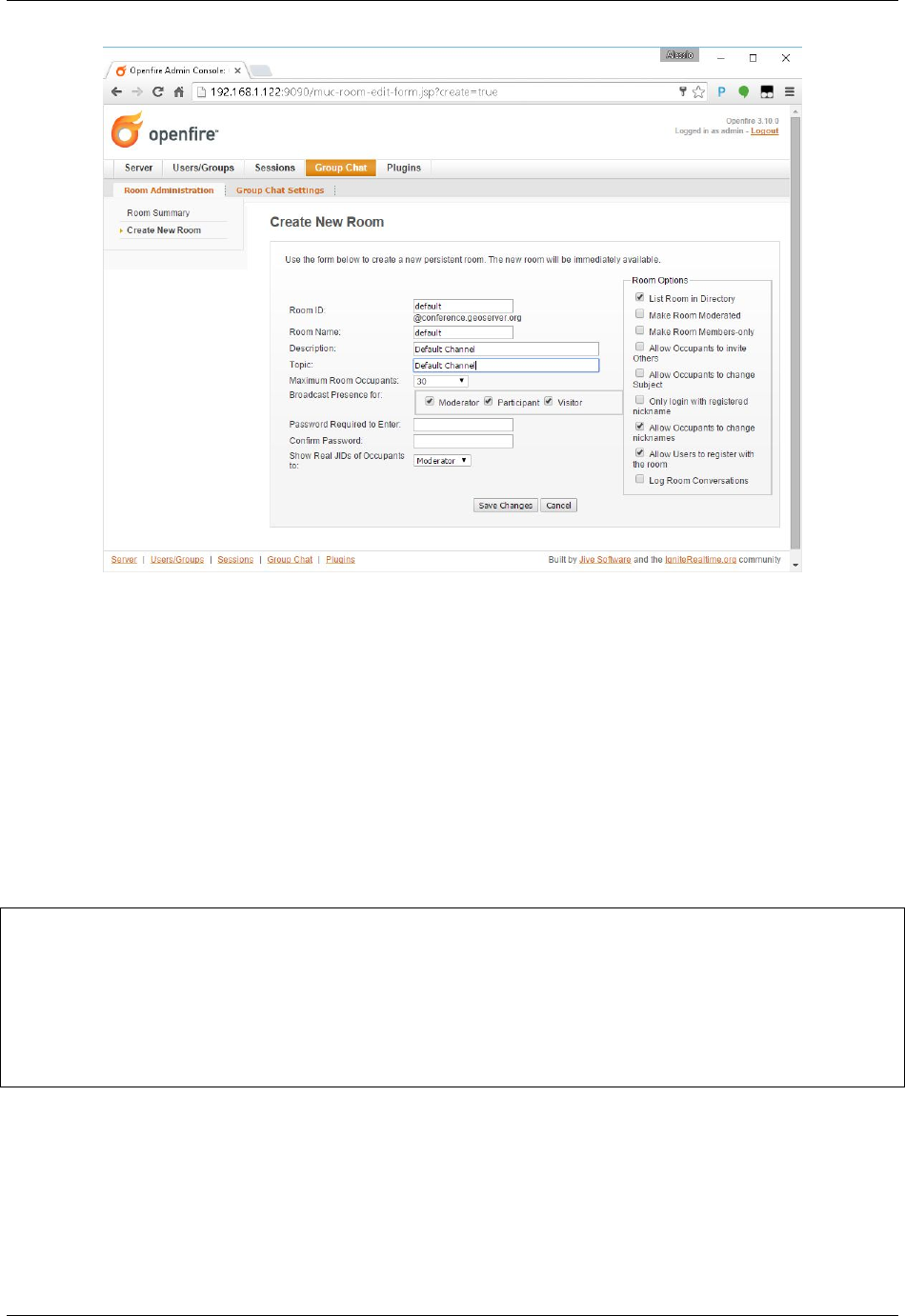
GeoServer User Manual, Release 2.15.1
Check also that the user is registered to the XMPP channels created above.
Firewall Rules For XMPP Ports
By default the TCP Ports where the XMPP Server is listening for incoming connection are closed to the
outside. Therefore it is necessary to enable the Firewall rules at least for the Openfire default secured port
5223 unless it has been changed by the user during the server setup.
In order to do that issue the following commands:
# as root
# We need to open the firewall ports in order to expose the gui to the outside
$> firewall-cmd --permanent --zone=public --add-port=5222/tcp
$> firewall-cmd --permanent --zone=public --add-port=5223/tcp
$> firewall-cmd --reload
Forward Proxy to Apache HTTPD Server
The procedures described in this section allows to expose GeoServer via HTTPD through Apache HTTPD
Server.
Those steps are not mandatory and the procedure may change accordingly to the final deployment on
production systems.
16.21. WPS Remote community module 1847
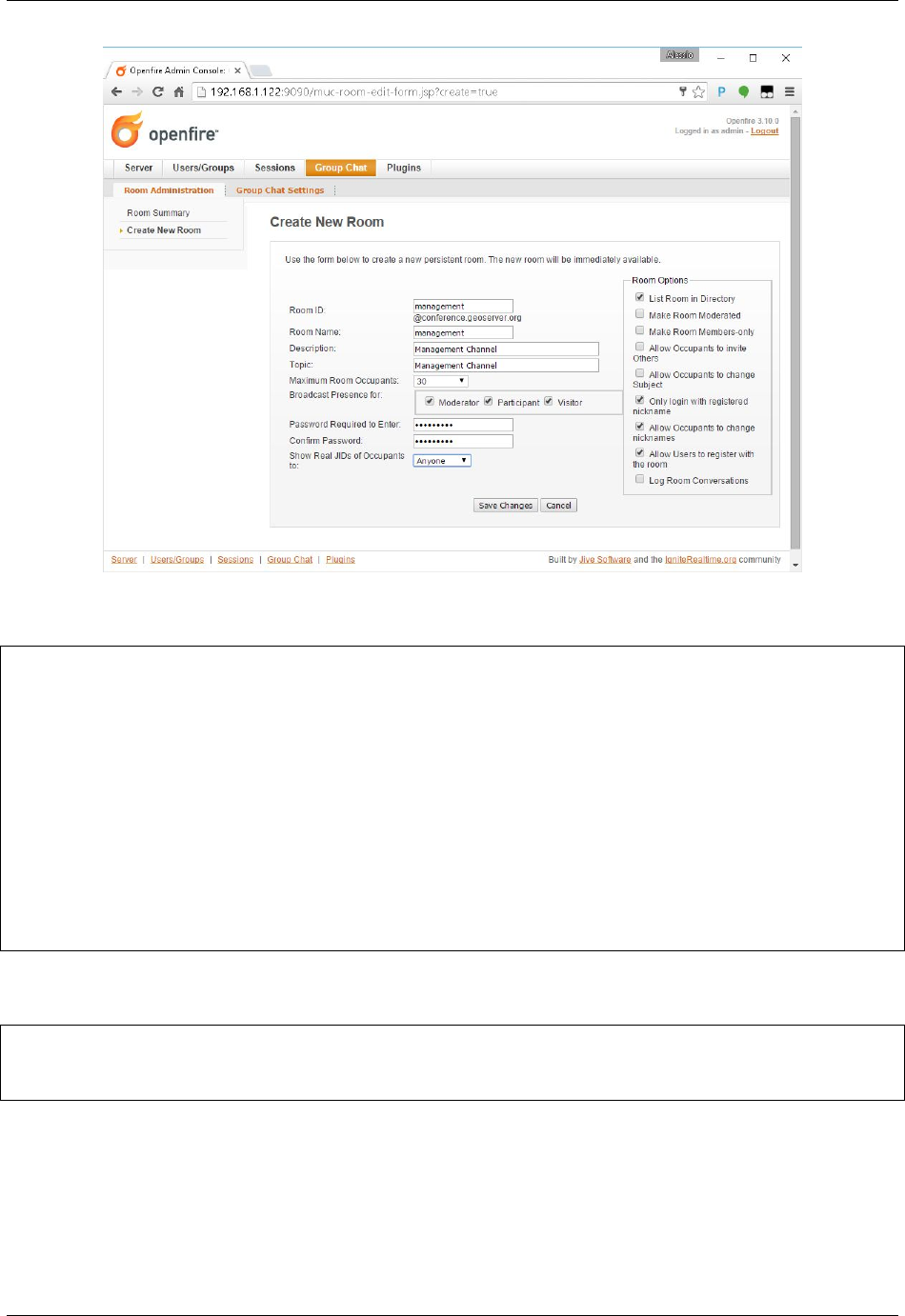
GeoServer User Manual, Release 2.15.1
In order to install Apache HTTPD Server proceed as follows:
# as root
$> yum -y install httpd mod_ssl
$> vi /etc/httpd/conf.d/forward-proxy.conf
ProxyRequests Off
ProxyPass /geoserver ajp://localhost:8009/geoserver
ProxyPassReverse /geoserver ajp://localhost:8009/geoserver
$> systemctl enable httpd.service
$> service httpd restart
Selinux, enabled by default, needs to be instructed to allow http network connections. This can be done by
running the command:
# as root
$> /usr/sbin/setsebool -P httpd_can_network_connect 1
Shared Folder through the NFS protocol
The next steps describe how to setup the system in order to expose a Shared Network Folder which will be
used to store the outcomes of the remote processing.
The following procedures are not mandatory and the final deployment on the production system may be
1848 Chapter 16. Community modules
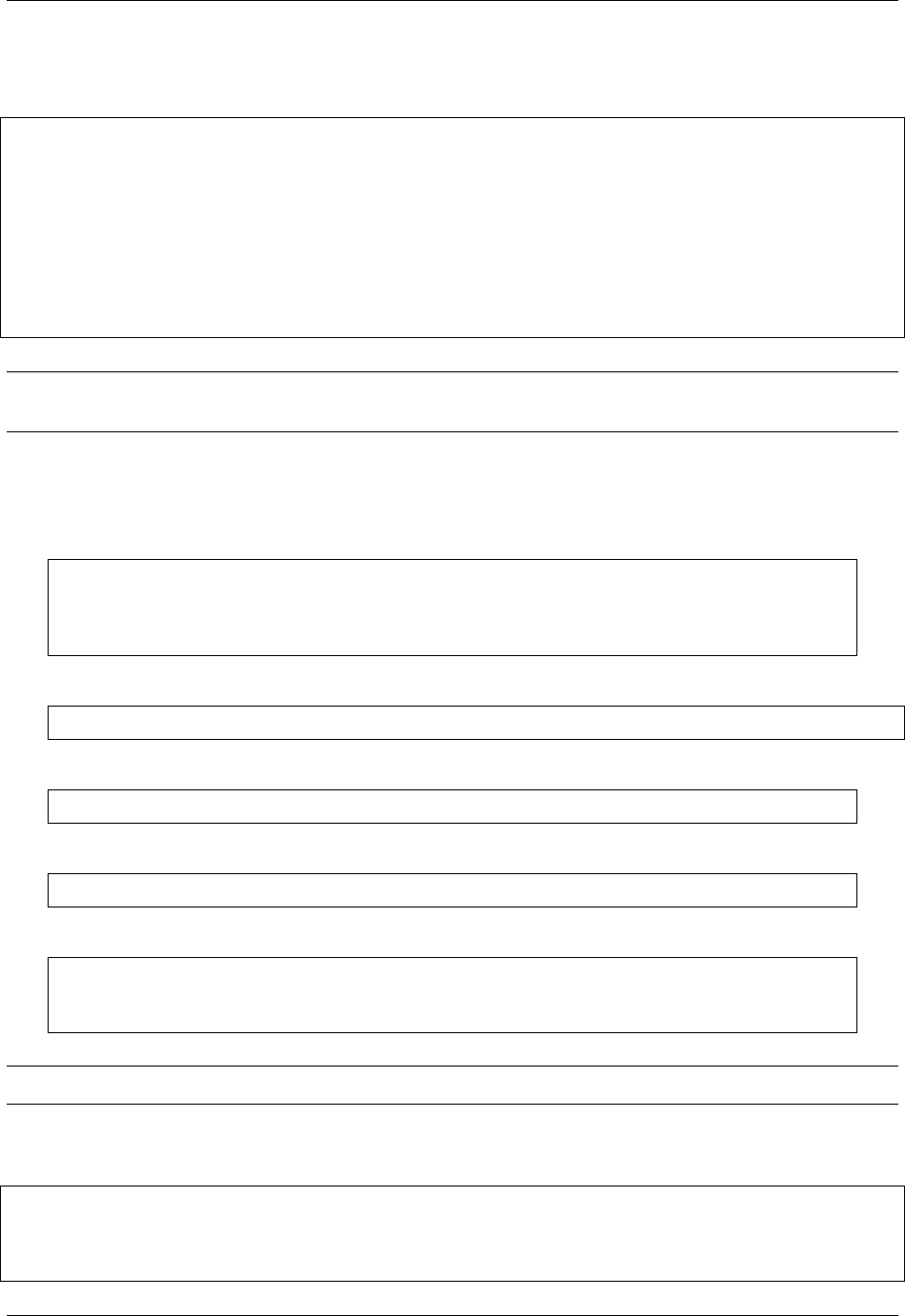
GeoServer User Manual, Release 2.15.1
configured to use different protocols and frameworks to expose shared file-systems.
The setup and initial configuration of the NFS packages can be done by following the next procedure:
# as root
$> yum -y install nfs-utils
$> vi /etc/idmapd.conf
# The following should be set to the local NFSv4 domain name
# The default is the host's DNS domain name.
Domain =geoserver.org
Note: The domain specified above maybe different depending on the final system deployment and the
production environment setup.
Creating and exposing a shared folder is possible by following the next steps:
1. as root
2. Create the physical folder structure to be exposed via the Network Filesystem
$> mkdir /share
$> mkdir /share/xmpp_data
$> mkdir /share/xmpp_data/output
$> mkdir /share/xmpp_data/resource_dir
3. Modify the rights in order to allow
$> chmod -Rf 777 /share
3. Once the physical folder is ready it must be exposed via the exports
$> vi /etc/exports
4. write settings for NFS exports
/share host_ip/24(rw,no_root_squash)
4. Restart the NFS services
$> systemctl start rpcbind nfs-server
$> systemctl enable rpcbind nfs-server
Note: The host_ip must be the one of the host exposing the shared folder.
Selinux, enabled by default, needs to be instructed to allow NFS connections. This can be done by running
the following commands:
# as root
$> setsebool -P httpd_use_nfs=1
16.21. WPS Remote community module 1849
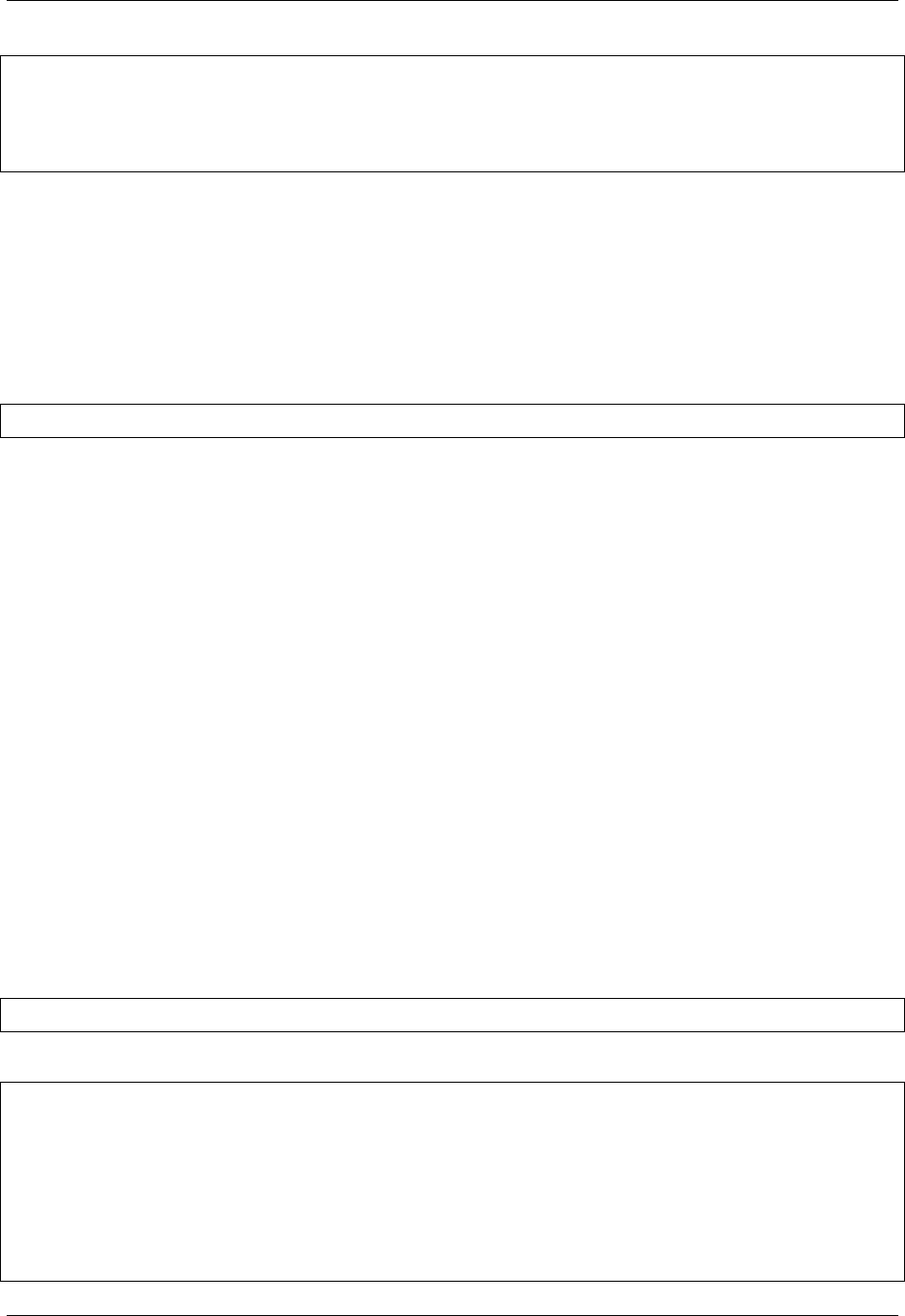
GeoServer User Manual, Release 2.15.1
$> setsebool -P samba_share_nfs=1
$> setsebool -P samba_export_all_ro=1
$> setsebool -P samba_export_all_rw=1
Deployment And Setup Of The XMPP Python Wrappers
Remote WPS Python Wrapper Framework
The Remote WPS Python framework source code is available on a public GitHub Repository of GeoSolu-
tions S.A.S.
Users can install the “wps-remote” Python package by using the PyPi distribution
pip install wps-remote==2.11.0
The source code repository is available at the following address:
https://github.com/geoserver/wps-remote
The source code is available on the master branch.
How The System Works
This setup will configure the Remote WPS Python Wrapper to launch a Python executable called test.py
that performs a gdal_contour on a GeoTIFF DEM.
The test.py executable takes in input just two parameters:
•-i; “–interval”, nargs=’?’, default=”10”, help=”Elevation interval between contours.”
•-w; “–workdir”, nargs=’?’, default=”“, help=”Remote process sandbox working directory.”
The paths of the command line and GeoTIFF to process (provided with the source code as sample data),
are hard-coded into the Python code and must be changed accordingly to the system settings as explained
later in the docs:
•gdalContour = r'/usr/bin/gdal_contour'
•src = r'/share/xmpp_data/resource_dir/srtm_39_04/srtm_39_04_c.tif'
The assumptions are that during the execution, the algorithms send logging and progress info to the stan-
dard output in a form similar to the following one:
2016-02-15 15:18:03,594 - main.create_logger - [INFO]ProgressInfo:100%
The log format has been configured through the logger_test.properties file:
[loggers]
keys=root
[handlers]
keys=consoleHandler
[formatters]
keys=simpleFormatter
1850 Chapter 16. Community modules

GeoServer User Manual, Release 2.15.1
[logger_root]
level=DEBUG
handlers=consoleHandler
[handler_consoleHandler]
class=StreamHandler
level=DEBUG
formatter=simpleFormatter
args=(sys.stdout,)
[formatter_simpleFormatter]
format=%(asctime)s-%(name)s-[%(levelname)s]%(message)s
datefmt=
The role of the Remote WPS Python wrapper is to take care of the communication between GeoServer WPS
and the test.py executable.
The Python wrapper must be configured by specifying the number and type of input and output parameters
of the executable, other than the connection parameter of the remote XMPP Server. The Python wrapper
knows how to invoke the executables from the command line and how to parse and interpret the logging
information thanks to some properties files containing a set of regular expressions which will be presented
in details further in this document.
There must be a running instance of the Python wrapper for each executable, every one with its own spe-
cific configuration and XMPP user. The wrapper instances will connect automatically to the XMPP Server
and GeoServer will send an “invite” message as soon it recognizes a new authenticated user appearing on
the XMPP communication channels. In order to register the WPS Process into the GeoServer through the
Remote Process Factory, the Python wrapper must reply to the invitation with a “register” message contain-
ing all the details about the I/O params of the executable. All those passages are managed automatically
and transparently to the users by the Remote WPS Python framework.
Every time a user issues a new GeoServer WPS execute request, the Python wrapper starts a new thread
calling the executables with the input parameters coming from GeoServer itself. The two running instances
are connected through a unique “process execution ID” generated by GeoServer Remote Process Factory.
From now on, the Python wrapper thread follows the entire execution and takes care of sending feedbacks
and logging information to the GeoServer Remote Process Factory, which are translated and forwarded to
the GeoServer WPS Execution Manager. From the outside the users will experience a standard execution of
an OGC WPS compliant process.
Summary Of The Configuration Steps
Connecting a new executable instance to GeoServer through the Python wrapper requires few configuration
steps summarized here below:
1. Clone a structure of .properties files containing:
• The connection parameter to the XMPP Server
• The descriptor of the executable command line
• The descriptor of the process I/O parameters
• The logging informations
2. Update the remote.config file with the correct XMPP Server information:
• Provide remote host and port parameters
16.21. WPS Remote community module 1851

GeoServer User Manual, Release 2.15.1
• Provide domain and XMPP communication secured channels details
• Provide pointers to the shared folder
3. Update the logger.properties file with the full path to the service.log file.
4. Update the service.config file with the executables parameters:
• The service name and the namespace
Note: there must exist an user on the XMPP Server named as namespace.serviceName
and a communication channel with the same identified of the service namespace.
e.g.:
–service = gdalContour
–namespace = default
means that on the XMPP Server we are looking for a communication channel named
default and we will try to connect with the username default.gdalContour.
Both of them must be defined before running the Python wrapper daemon.
• The description of the service and the full path to the main executable
• Other secondary parameters like the local output folder (where to store temporary results of
the execution) and the max running time
• The description of the Inputs and the actions to be taken
• The description of the Outputs and the actions to be taken
• The description of the logging information and the actions to be taken
Installation and Configuration Steps
Basic Environment Preparation
The following commands will prepare a MS Windows 7+, Windows 2008+ Server ISO machine for the
deployment of:
1. Remote WPS Python wrapper
2. Sample configuration and testing of a sample executable test.py running the gdal_contour on a
GeoTIFF DEM
Preparation of the system: standard and basic OS packages
Python
The system requires Python 2.7.9+ with few packages in order to work correctly. The installation of Python
on a Windows system is quite fast
# as administrator
#.1 Download the Python 2.7.9 installation package from the browser, chosing the best
,→suitable distribution accordingly to the OS
https://www.python.org/downloads/release/python-279/
1852 Chapter 16. Community modules
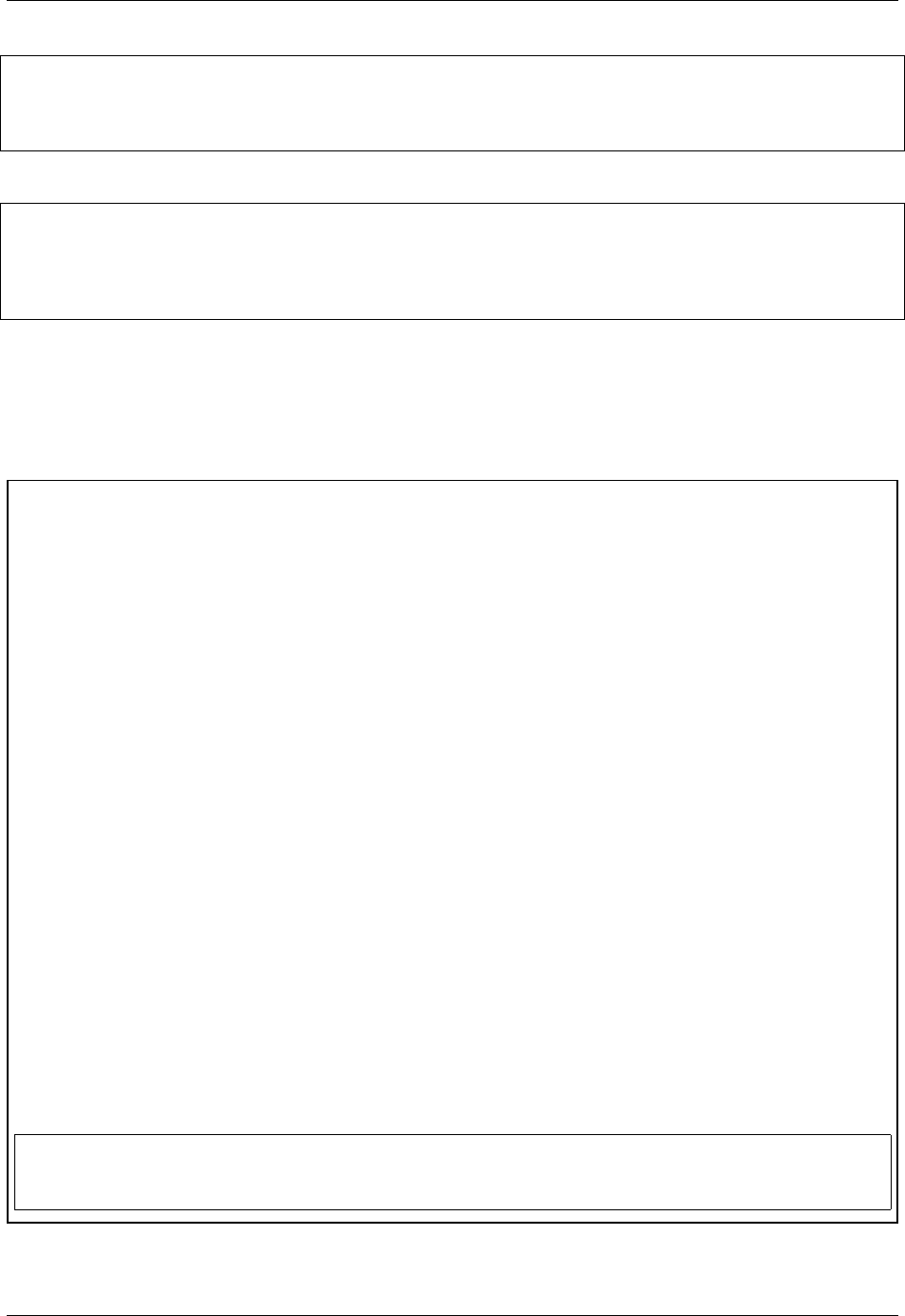
GeoServer User Manual, Release 2.15.1
#.2 Define the following System Environment Variables
PATH=%PATH%;C:\Python27;C:\Python27\Scripts
PYTHONPATH=.\;C:\Python27;C:\work\RemoteWPS
Other Mandatory Python Packages
# as administrator
# From a Command Line prompt
$> pip install wps-remote==2.11.0
Configure the RemoteWPS Environment
NFS Shared Folder
Link the shared folder to the C:/share through the NFS protocol. This is possible simply by turning on
the NFS Services of the MS Windows functionalities and creating a client NFS connection to the NFS server.
Warning: “Services for NFS” have been removed on Windows 10. They are available only on Windows
10 Enterprise edition. For older Windows versions you can use the following procedure in order to
enable NFS Client
Installing the client
1. Go to Control Panel →Programs →Programs and Features
2. Select: Turn Windows features on or off” from the left hand navigation.
3. Scroll down to “Services for NFS” and click the “plus” on the left
4. Check “Client for NFS”
5. Select “Ok”
6. Windows should install the client. Once the client package is install you will have the “mount”
command available.
Mounting the export
This assumes the following:
• You know and can ping the hostname of the machine with the NFS exports
• The name of the exported filesystem ( eg. /export, /home/users, /some/cool/file/path )
• The file systems are properly exported and accessible
–Open a command prompt. ( Win +R, enter “cmd” and press OK )
–Type:
mount \\{machinename}\{filesystem} {driveletter}
Examples:
mount \\filehost\home\users H:
mount \\server1234\long\term\file\storage S:
mount \\nas324\exports E:
16.21. WPS Remote community module 1853
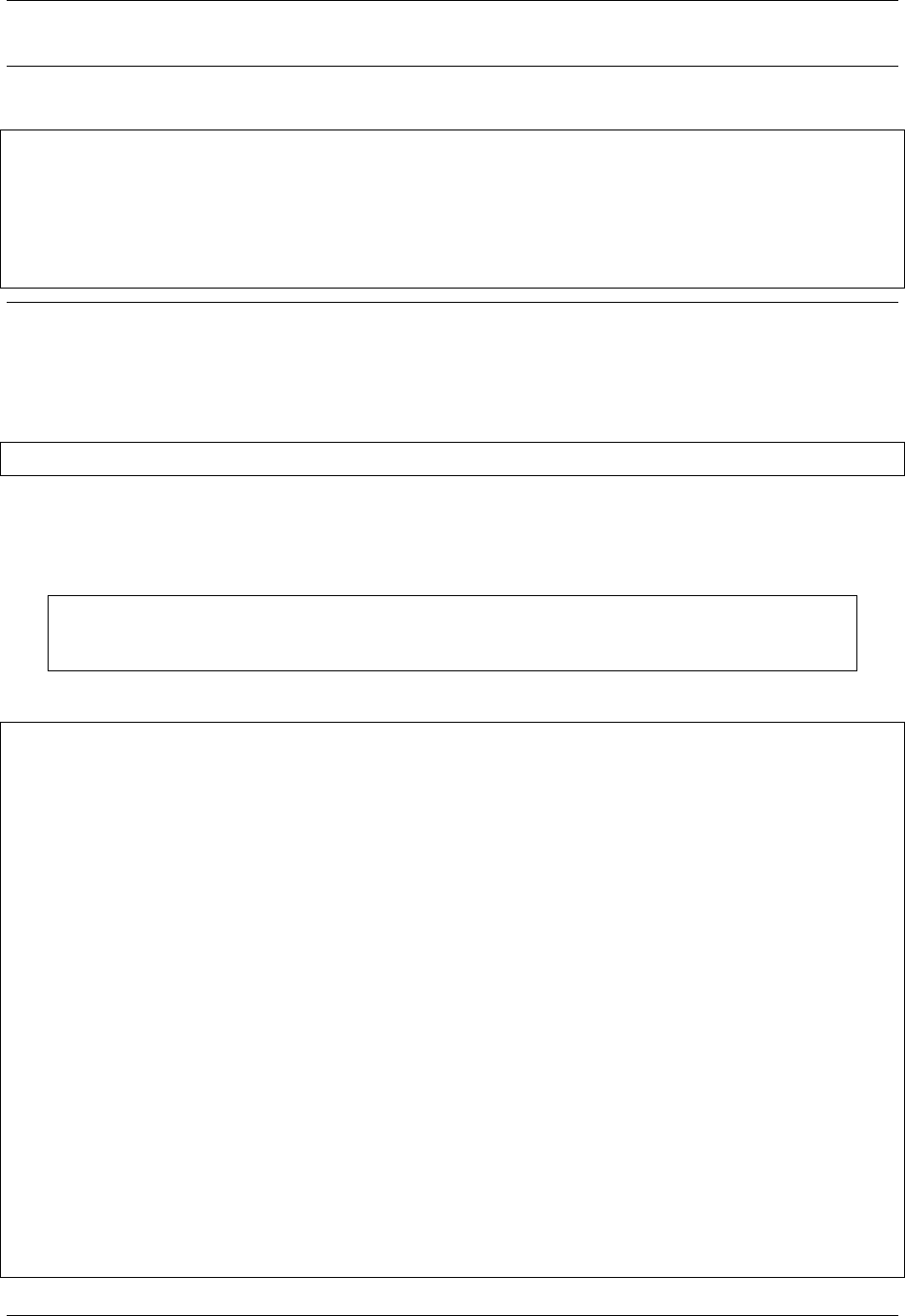
GeoServer User Manual, Release 2.15.1
Note: It is important that the shared folder structure is fully replicated on the Windows machine and the
folder writable by the Windows processes.
| /share
|
|-- xmpp_data
|
|-- -- output
|
|-- -- resource_dir
First Deploy Of The RemoteWPS Python Framework
The wps-remote WHL archive contains a folder with a sample configuration
xmpp_data
Extract this folder and proceed with the next steps.
The files can also be downloaded from the GitHub source repository.
To clone the RemoteWPS Python Framework into a working folder, e.g.:
$> cd C:\work
$> git clone https://github.com/geoserver/wps-remote RemoteWPS
Setting Up The remote.config
# Edit the file xmpp_data/configs/remote.config
[DEFAULT]
bus_class_name =xmppBus.XMPPBus
port =5223
address =127.0.0.1
domain =geoserver.org
# . Those are the connection parameters to the XMPP Server.
# . The user must exists on the Server and its name must be
# . equal to the service name.
user =default.GdalContour
password =R3m0T3wP5
mucService =conference.%(domain)s
mucServicePassword =admin
resource_file_dir =/share/xmpp_data/resource_dir
# . Configure this option (along with 'backup_on_wps_execution_shared_dir'
# . on single outputs of 'service.config') in order to make a copy
# . of the results into a shared folder before sending messages to XMPP
# . WARNING: this option takes precedence on "UPLOADER" option
# wps_execution_shared_dir = /share/xmpp_data/share
1854 Chapter 16. Community modules
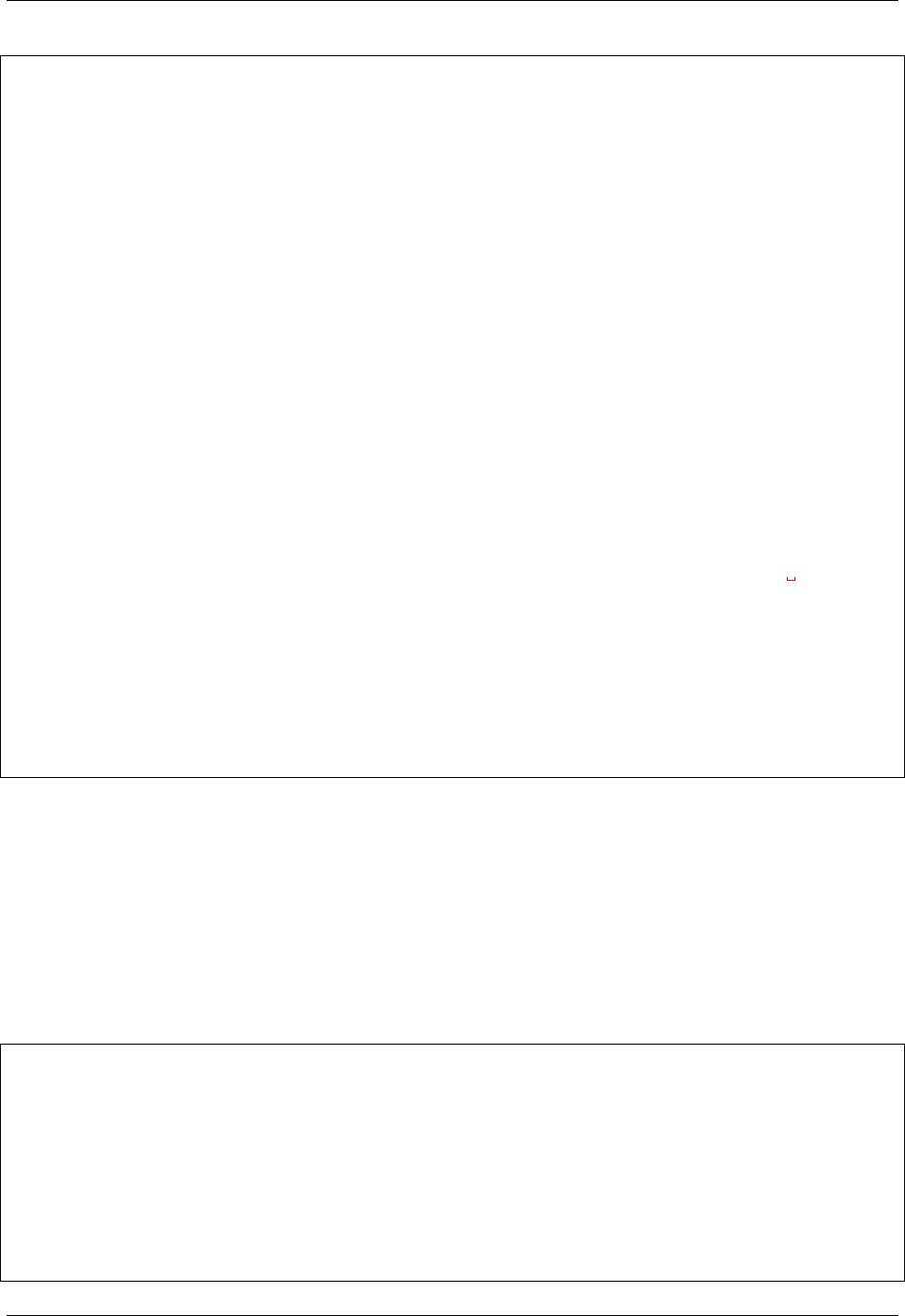
GeoServer User Manual, Release 2.15.1
# . This section is used to configure the uploader class and connection
# . parameters.
# . This is necessary in order to let the 'upload_data' option work on
# . single outputs of 'service.config'
[UPLOADER]
# There are different implementations of the FTP Uploader available right now:
# . Plain standard FTP Protocol (based on ftplib)
# ftpUpload.FtpUpload
# . FTP over TLS (FTPS) Protocol (based on ftplib)
# ftpsUpload.FtpsUpload
# . S-FTP Protocol (based on paramiko Python lib)
# sftpUpload.SFtpUpload
uploader_class_name =ftpUpload.FtpUpload
uploader_host =ftp.<your_host_here>:<your_port_here_default_21>
uploader_username =<ftp_username>
uploader_password =<ftp_password_encrypted>
# . "encryptor" you can use encrypted passwords with a private/public key couple
#
# . To generate a new private key use the following command:
# openssl genrsa -out myTestKey.pem -passout pass:"f00bar" -des3 2048
#
# . To generate a new public key use the following command:
# openssl rsa -pubout -in myTestKey.pem -passin pass:"f00bar" -out
,→myTestKey.pub
#
# . To encrypt your password use the following utility
# python encrypt.py password path/to/rsakey.pub passphrase
#
# . To double check the password is correct use the following utility
# python decrypt.py password path/to/rsakey.pem passphrase
uploader_private_rsa_key =/share/xmpp_data/ssl/myTestKey.pem
uploader_passphrase =f00bar
The requisites for this configuration to work properly are:
1. Make sure the <XMPP_server_ip_address> is reachable and the port 5223 is allowed
by the Firewall
2. Make sure the default.GdalContour user exists into the XMPP Server and that the
password is correct
3. The MUC Service and the MUC Service Password are correct
4. The resource dir and the shared folder exists and are writable
Setting Up The logger.properties
# Edit the file xmpp_data/configs/logger.properties
[loggers]
keys=root
[handlers]
keys=consoleHandler,file
[formatters]
keys=simpleFormatter,consoleFormatter
16.21. WPS Remote community module 1855
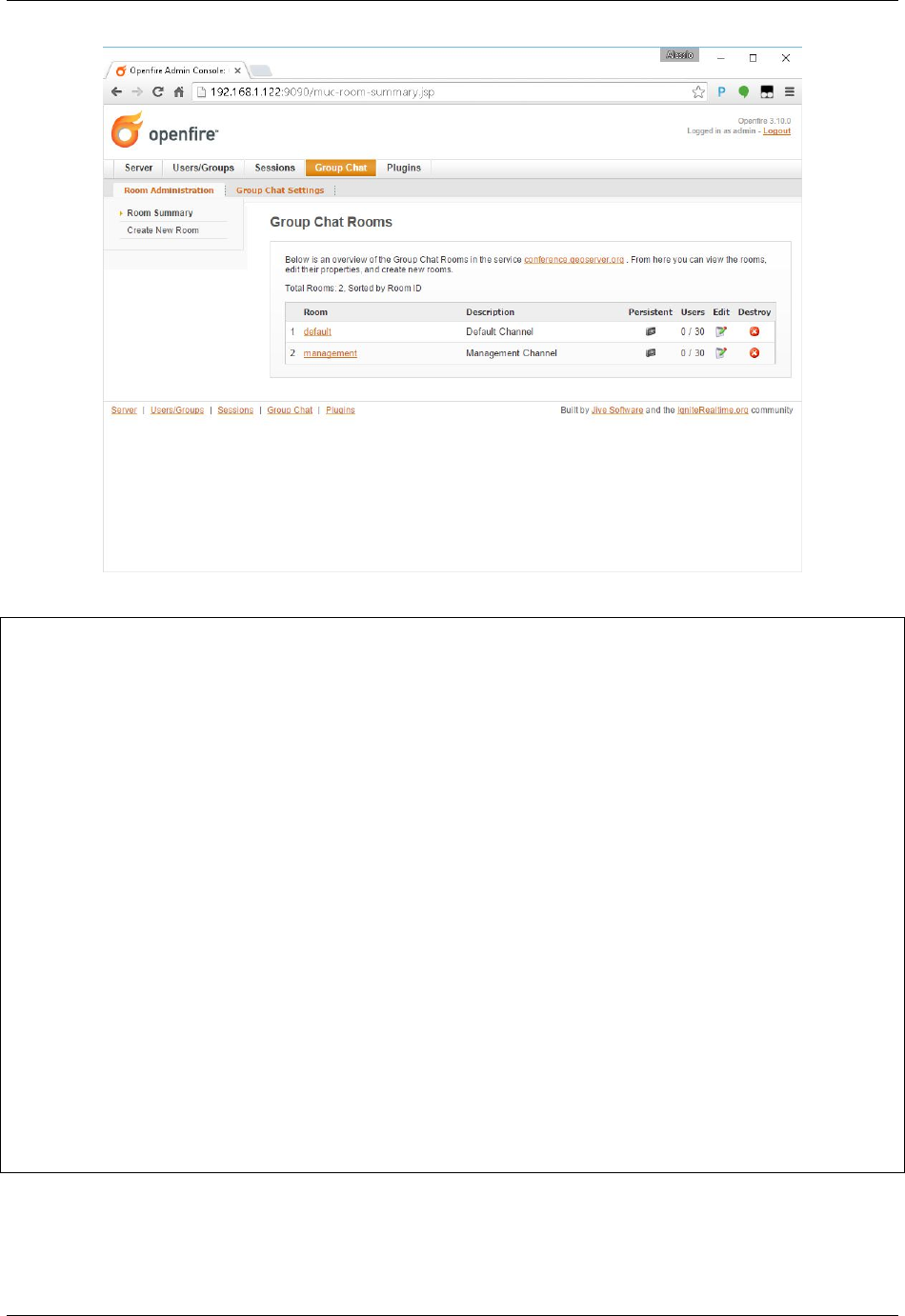
GeoServer User Manual, Release 2.15.1
[logger_root]
level=DEBUG
handlers=file, consoleHandler
[handler_consoleHandler]
class=StreamHandler
level=DEBUG
formatter=consoleFormatter
args=(sys.stdout,)
filter=
[handler_file]
class=handlers.TimedRotatingFileHandler
interval=midnight
backupCount=5
formatter=simpleFormatter
level=DEBUG
args=('/share/xmpp_data/service.log',)
[formatter_simpleFormatter]
format=%(asctime)s-%(name)s-%(levelname)s-%(message)s
datefmt=
[formatter_consoleFormatter]
format=%(asctime)s[%(levelname)s]%(message)s
datefmt=
The requisites for this configuration to work properly are:
1. Make sure the “C:/share/xmpp_data/” exists and is writable
Setting Up The service.config
1856 Chapter 16. Community modules

GeoServer User Manual, Release 2.15.1
# Edit the file xmpp_data/configs/myservice/service.config
# This is a INI file to be read with python ConfigParser (https://docs.python.
,→org/2/library/configparser.html)
# Is possible to reference another variable in the ini file using the format %(
,→<variable name>)s (note the 's' at the end)
# ########################################### #
# Default Service Params #
# ########################################### #
[DEFAULT]
service =GdalContour
namespace =default
description =GDAL Contour Remote Service
executable_path =/share/xmpp_data/configs/myservice/code
executable_cmd =python %(executable_path)s/test.py
output_dir =/share/xmpp_data/output/
unique_execution_id =%(unique_exe_id)s
workdir =%(output_dir)s/%(unique_execution_id)s
active =True
max_running_time_seconds =300
# . This option allows you to set the CPU and Memory average load scan time.
# . It is espressed in 'minutes' and if disabled here it will be set by default
# . to 15 minutes.
load_average_scan_minutes =1
# . Use this option to completely avoid using this host (and prevent starting a
,→new
# . 'processbot') whenever one of the following process names are running.
# . In other words, if one of the following processes are currently running on
,→this machine,
# . GeoServer won't send any WPS execute request until they are finished.
process_blacklist = [resource consuming process name1, resource consuming
,→process name2]
# ########################################### #
# Inputs and Actions Declaration #
# ########################################### #
[Input1]
class =param
name =interval
title =Elevation Interval
type =int
description =Elevation interval between contours.
min =1
max =1
default =200
[Action1]
class =cmdline
input_ref =interval
alias =i
template =-name value
[Const1]
16.21. WPS Remote community module 1857

GeoServer User Manual, Release 2.15.1
class =const
name =workdir
type =string
description =Remote process sandbox working directory
value =%(workdir)s
[Action2]
class =cmdline
input_ref =workdir
alias =w
template =-name value
# ########################################### #
# Output Parameters Declaration #
# ########################################### #
[Output1]
name =result1
type =application/zip
description =WPS Resource Binary File
title =SRTM
filepath =%(workdir)s/contour.zip
publish_as_layer =true
publish_default_style =polygon
publish_target_workspace =it.geosolutions
publish_layer_name =contour
# . Enable this option in order to perform a backup of this output
# . before sending it to GeoServer.
# . WARNING: This option works only along with 'wps_execution_shared_dir'
# . option on 'remote.config', and takes precedence on 'upload_data'
# backup_on_wps_execution_shared_dir = true
# . Enable this option if you want the output to be uploaded on remote host.
# . Notice that you must also configure uploader parameters on 'remote.config'
# upload_data = true
# . Optionally it is possible to specify a root folder if the uploader class
,→supports it.
# upload_data_root = /remote-wps/default
[Output2]
name =result2
type =application/x-netcdf
description =NetCDF Binary File
title =flexpart
filepath =%(output_dir)s/flexpart.nc
publish_as_layer =true
publish_default_style =raster
publish_target_workspace =it.geosolutions
publish_layer_name =flexpart
# . Enable this option in order to perform a backup of this output
# . before sending it to GeoServer.
# . WARNING: This option works only along with 'wps_execution_shared_dir'
# . option on 'remote.config', and takes precedence on 'upload_data'
# backup_on_wps_execution_shared_dir = true
1858 Chapter 16. Community modules
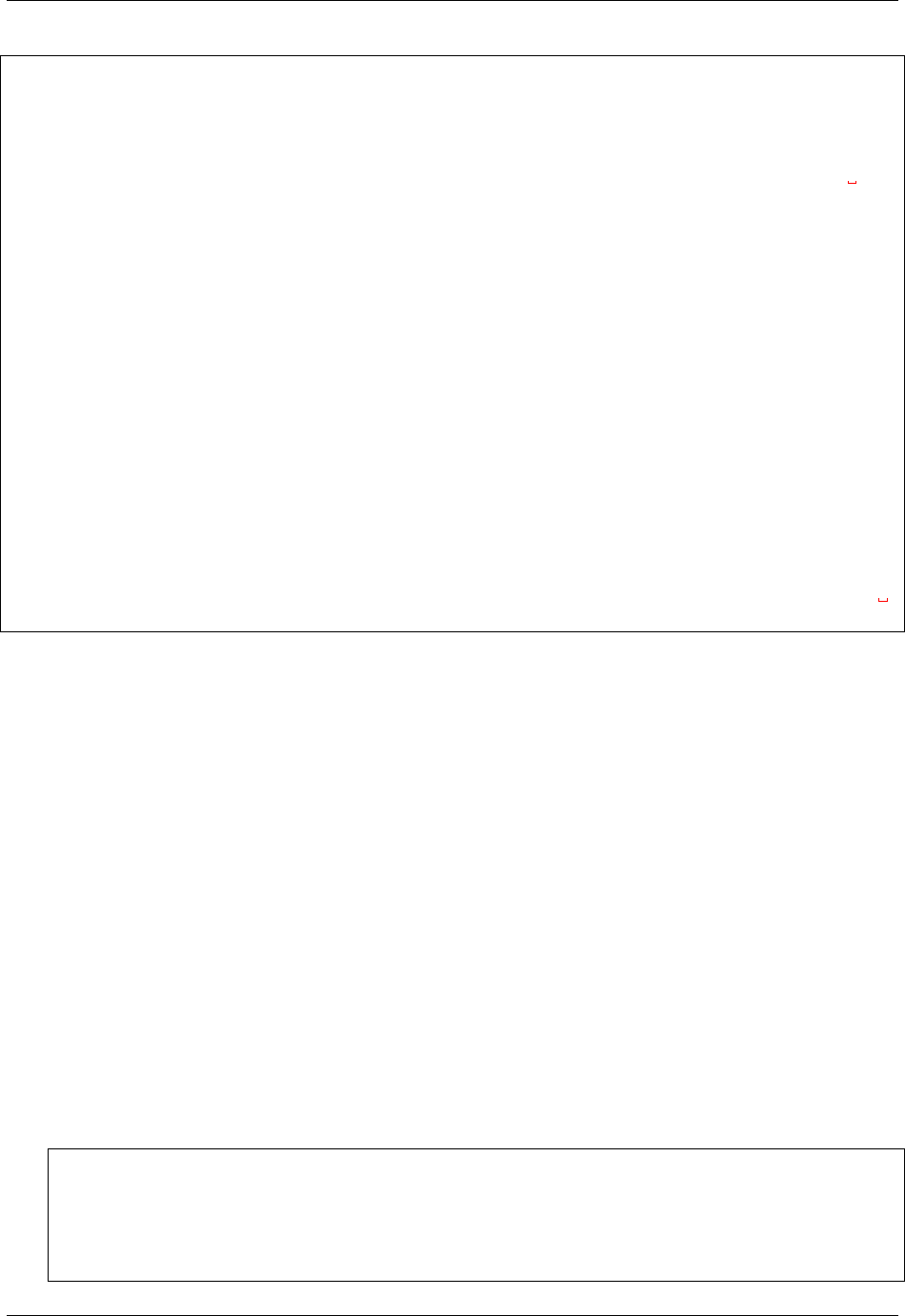
GeoServer User Manual, Release 2.15.1
# . Enable this option if you want the output to be uploaded on remote host.
# . Notice that you must also configure uploader parameters on 'remote.config'
# upload_data = true
# . Optionally it is possible to specify a root folder if the uploader class
,→supports it.
# upload_data_root = /remote-wps/default
[Output3]
name =result3
type =application/owc
description =WPS OWC Json MapContext
layers_to_publish =result2
publish_as_layer =true
publish_layer_name =owc_json_ctx
publish_metadata =/share/xmpp_data/resource_dir/owc_json_ctx.json
# ########################################### #
# Logging Options Declaration #
# ########################################### #
[Logging]
stdout_parser = [.*\[DEBUG\](.*), .*\[INFO\] ProgressInfo\:([-+]?[0-9]*\.?[0-
,→9]*)\%, .*\[(INFO)\](.*), .*\[(WARN)\](.*), .*\[(ERROR)\](.*), .*\[(CRITICAL)\](.*)]
stdout_action = [ignore, progress,
,→log, log, abort, abort]
The requisites for this configuration to work properly are:
1. Make sure the default.GdalContour user exists into the XMPP Server and that the password is
correct
2. Make sure the default channel exists on the XMPP Server
3. Make sure the executable path and command are correct
4. Make sure the output_dir exists and is writable
5. Make sure the max_running_time_seconds have been set to a value high enough to allow the
executables to complete the jobs.
The GeoServer instance must also respect the WPS execution timings which must be configured ac-
cordingly. In order to do that access to the GeoServer Web Admin GUI.
http://host:8080/geoserver/web/
login as administrator (default credentials are admin/geoserver which should be changed anyway).
From the Web Processing Service settings page
The timeouts and the number of parallel executions (both async and sync) must be tuned accordingly
to the execution needs.
6. Make sure the inputs have been configured correctly for the command line execution
[Input1]
class =param
name =interval
title =Elevation Interval
type =int
description =Elevation interval between contours.
16.21. WPS Remote community module 1859
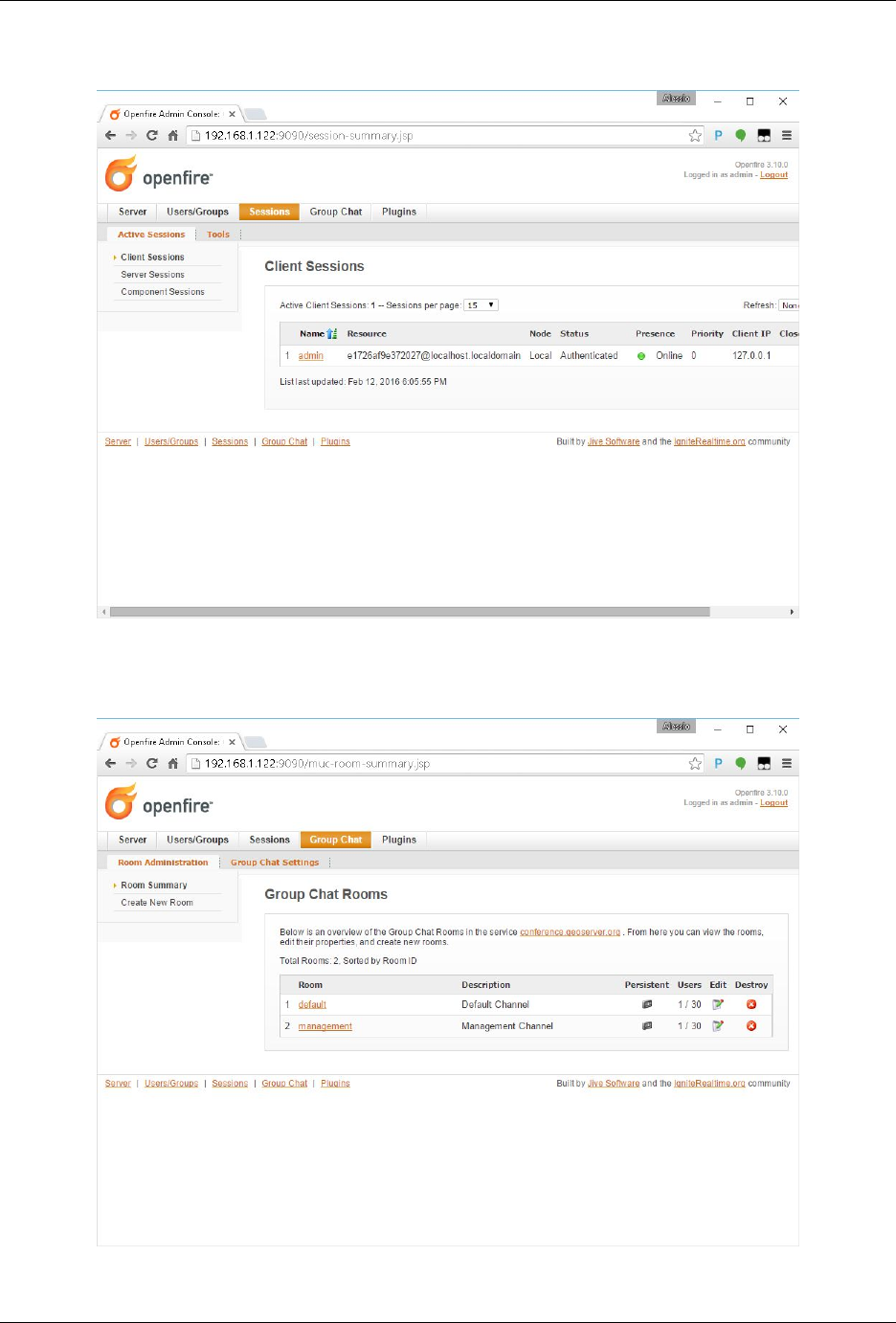
GeoServer User Manual, Release 2.15.1
1860 Chapter 16. Community modules
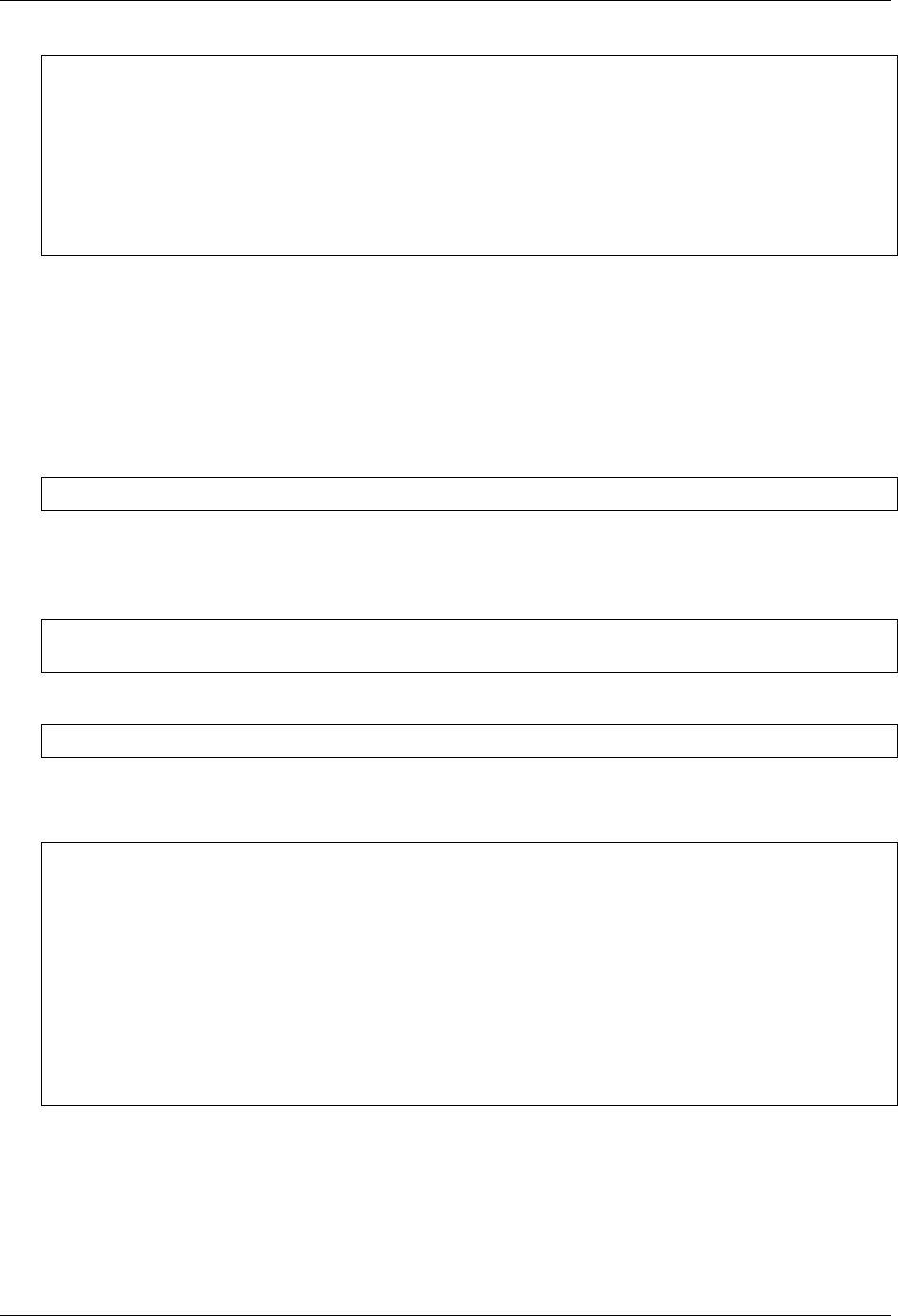
GeoServer User Manual, Release 2.15.1
min =1
max =1
default =200
[Action1]
class =cmdline
input_ref =interval
alias =i
template =-name value
The configuration above sets an input of type int (the expected value will be interpreted as text and
declared as Literal to the WPS), which is mandatory (min = 1) and can have a single value (max = 1).
The [Action1] is connected to the input through the input_ref which is equal to the [Input1].
name.
In the example above the action simply gets the input value specified by the user and forward it to
the command line.
The final result will be something lihe this:
$> /work/RemoteWPS/xmpp_data/configs/myservice/code/test.py <input_value_here>
The [Action1].template property allows to specify the name of the option if required by the
executable.
As an instance the following value for the [Action1].template:
alias =i
template = -name value
will result in something like this:
$> /work/RemoteWPS/xmpp_data/configs/myservice/code/test.py -i <input_value>
There exists other types of input and actions.
As an instance it is possible to specify constant input types like the following one:
[Const1]
class = const
name = workdir
type = string
description = Remote process sandbox working directory
value = %(workdir)s
[Action2]
class = cmdline
input_ref = workdir
alias = w
template = -name value
The [Const1].value can be a constant value or a reference to the configuration file properties.
In the example above we are going to pass to the command line the full path of the process workind
directory, which is a unique folder created at runtime where the RemoteWPS framework stores tem-
porary and intermediate results of the process execution.
Enabling the constant input above, the resulting command line will be something like the following
one:
16.21. WPS Remote community module 1861
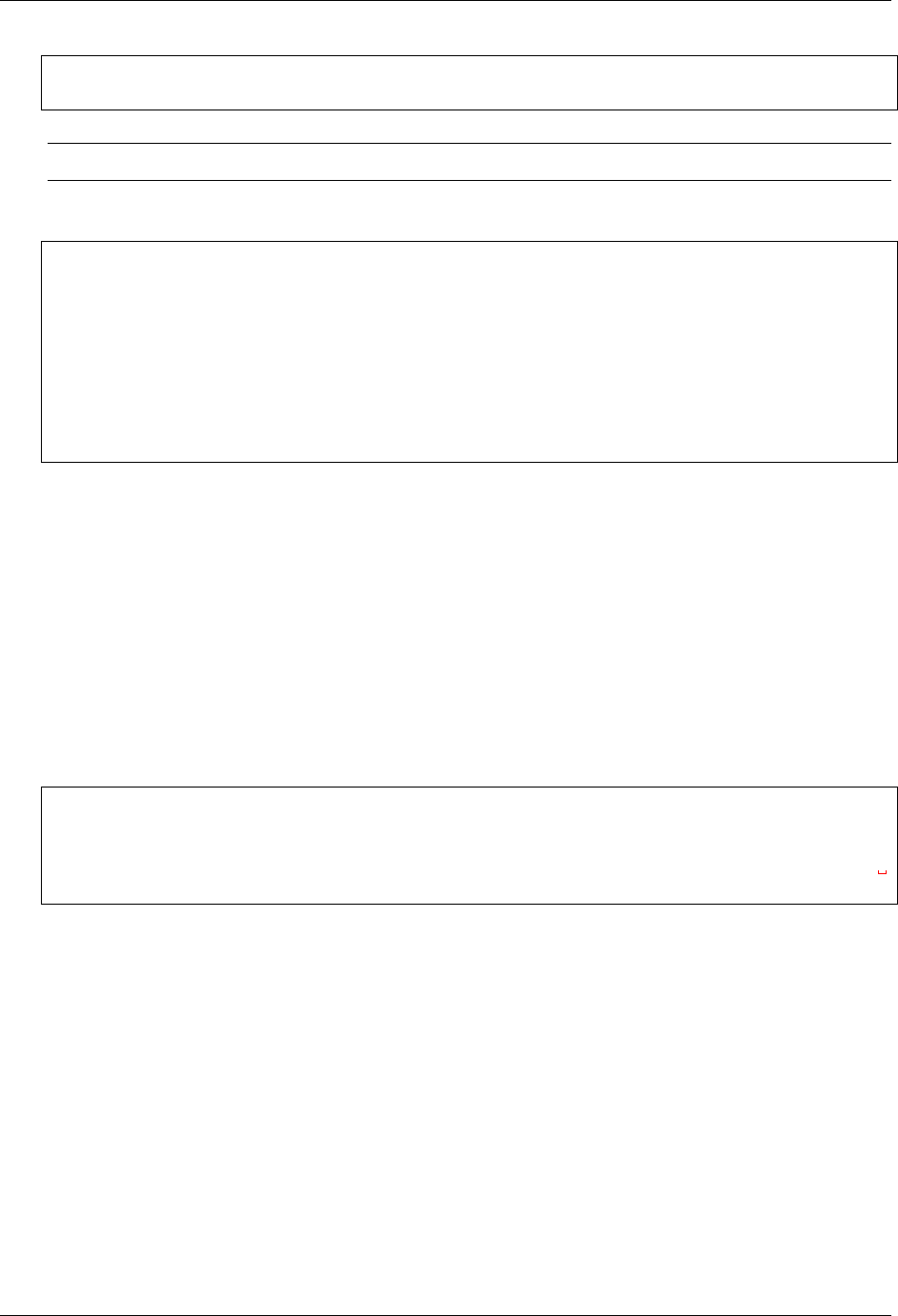
GeoServer User Manual, Release 2.15.1
$> /work/RemoteWPS/xmpp_data/configs/myservice/code/test.py -i <input_value> -w /
,→share/xmpp_data/output/<exec_id>
Note: The <exec_id> is known at runtime only.
7. Make sure the outputs have been configured correctly for the command line execution
[Output1]
name =result1
type =application/zip
description =WPS Resource Binary File
title =SRTM
filepath =%(workdir)s/contour.zip
publish_as_layer =true
publish_default_style =polygon
publish_target_workspace =it.geosolutions
publish_layer_name =contour
In the example above we declare to the WPS only one output of type application/zip.
In this case the RemoteWPS framework expects to find a contour.zip file at the end of the execution
into the working directory (see above).
There are many kind of possible outputs which can be defined here. As an instance it is possible to
define an output of type string which can read the outcome from a file and stream it out as plain
text.
It is also possible to define several kind of binary outputs depending on the executable outcomes. For
more details please refer to the Remote WPS Python framework specific documentation at the end of
this section.
8. Make sure the regular expressions of the “stdout_parser” are correct and valid accordingly to the
output of the executable
[Logging]
stdout_parser = [.*\[DEBUG\](.*), .*\[INFO\] ProgressInfo\:([-+]?[0-9]*\.?[0-9]*)\
,→%, .*\[(INFO)\](.*), .*\[(WARN)\](.*), .*\[(ERROR)\](.*), .*\[(CRITICAL)\](.*)]
stdout_action = [ignore, progress,
,→log, log, log, abort]
The example configuration above:
• Ignores all STDOUT debug logs received from test.py
• Translates as progress info message any number parsed by the regex from STDOUT and sends it to
GeoServer WPS.
• Logs all STDOUT info, warn and error logs received from test.py
• Translates as abort message any keyword CRITICAL parsed by the regex from STDOUT and sends
it to GeoServer WPS.
At least progress and abort messages are mandatory in order to take track of the process execution
progress and fault state.
1862 Chapter 16. Community modules
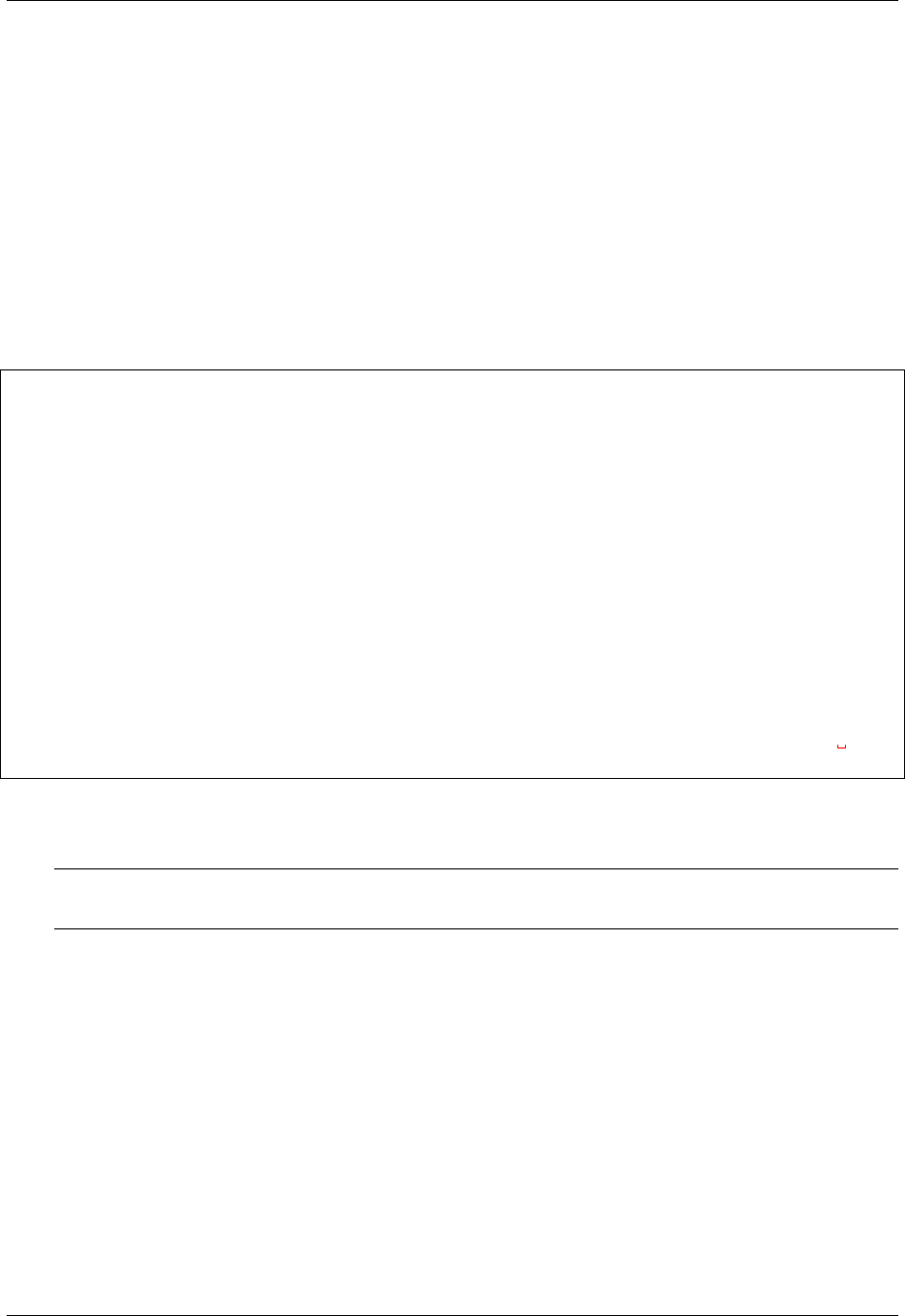
GeoServer User Manual, Release 2.15.1
A Running Example
In the section A Remote “Gdal Contour” Process Binding Example will show how to run the example and how
to parse the results in GeoServer.
ANNEX A: Remote WPS Python Wrapper Reference
This section is meant to be a summary of the current possible options for the RemoteWPS Python Wrapper
service.config configuration.
Default Section
# ########################################### #
# Default Service Params #
# ########################################### #
[DEFAULT]
service =GdalContour
namespace =default
description =GDAL Contour Remote Service
executable_path =/work/RemoteWPS/xmpp_data/configs/myservice/code
executable_cmd =python %(executable_path)s/test.py
output_dir =/share/xmpp_data/output/
unique_execution_id =%(unique_exe_id)s
workdir =%(output_dir)s/%(unique_execution_id)s
sharedir =/home/myproc/repository/default
active =True
max_running_time_seconds =300
load_average_scan_minutes =1
process_blacklist = [resource consuming process name1, resource consuming process
,→name2]
•service; The name of the WPS service. On GeoServer the WPS Process will be represented as
namespace.service
Note: The XMPP Server must have a registered user named like the fully qualified service name
namespace.service
•namespace; The namespace (or prefix) of the service. Along with the service parameter, it represents
the fully qualified name of the service.
•description; This contains the textual description of the GeoServer WPS Process.
•executable_path; Full path of the executable to wrap.
•executable_cmd; Executable command.
•output_dir; The base output folder where the Python wrapper stores logs and temporary files.
•unique_execution_id; The unique ID generated by GeoServer and sent to the process via the RE-
QUEST command message.
•workdir; Temporary folder where to store the outcomes and log files.
•sharedir; Sahred folder where to backup outcomes with backup_on_wps_execution_shared_dir
property equal true
16.21. WPS Remote community module 1863

GeoServer User Manual, Release 2.15.1
•active;Boolean which enables or disables the service.
•max_running_time_seconds; After this time the Python Wrapper tries to shutdown the process and
send a FAILED message to GeoServer.
•load_average_scan_minutes; This option allows you to set the CPU and Memory average load scan
time. It is espressed in ‘minutes’ and if disabled here it will be set by default to 15 minutes.
•process_blacklist; Use this option to completely avoid using this host (and prevent starting a new
‘processbot’) whenever one of the following process names are running. In other words, if one of the
following processes are currently running on this machine, GeoServer won’t send any WPS execute
request until they are finished.
Inputs Section
# ########################################### #
# Inputs and Actions Declaration #
# ########################################### #
[Input1]
class =param
name =interval
title =Elevation Interval
type =int
description =Elevation interval between contours.
min =1
max =1
default =200
[Action1]
class =cmdline
input_ref =interval
alias =i
template =-name value
[Const1]
class =const
name =workdir
type =string
description =Remote process sandbox working directory
value =%(workdir)s
[Action2]
class =cmdline
input_ref =workdir
alias =w
template =-name value
The Inputs Section can contain three type of objects:
1. [Input#]; Descriptor of the corresponding GeoServer WPS Input parameter.
2. [Action#];1..n actions of the Python Wrapper associated to an [Input]. The reference is done
through the input_ref property.
3. [Const#]; Constant values passed to the executable and transparent to the GeoServer WPS.
[Input#]
1864 Chapter 16. Community modules

GeoServer User Manual, Release 2.15.1
•class; Uses introspection to instantiate an Input parameter. Currently the only value admitted is
param
•name; The name of the input parameter. This will be also the name of the GeoServer Input parameter.
•title; The title of the input parameter. To be used as internal descriptor.
•description; The description of the input parameter. This will be also the description of the GeoServer
Input parameter.
•type; The type of the input parameter. Allowed types are:
1. string; Simple text input. Invalid characters will be automatically removed.
2. int; Integer numeric input value.
3. float; Float numeric input value.
4. url; Must contain a valid URL. Invalid characters will be automatically removed.
5. application/json; Threated as a JSON string. It will be parsed by the Python Wrapper and
converted into a complex object.
6. datetime; Converted into a Python datetime object accordingly to the formatter property
containing the date pattern and which must also be provided.
•min; Optional parameter which sets the minimum set of inputs of this type allowed by the GeoServer
WPS. 0by default.
•max; Optional parameter which sets the maximum set of inputs of this type allowed by the GeoServer
WPS. 0(alias infinite) by default.
•default; Optional parameter for setting the default value of this input if a value has not provided.
•formatter; Optional parameter to be used along with datetime inputs. Defines the date pattern to
be applied to the input string (e.g.: %Y-%m-%d %H:%M:%S)
[Action#]
•class; Uses introspection to instantiate the type of Action.
1. cmdline; The value of the associated input will be passed to the executable as a key-value pair
accordingly to the template specified (e.g.: –name=value).
–template; Template of the key-value pair format (e.g.: template = -name value)
–alias; Alias of the key (e.g.: alias = i will be translated as -i value)
2. createJSONfile; The value of the associated input will be dumped to a JSON file and the
reference to the file passed to the executable.
–target_filepath; PATH Where to store the JSON file.
–json_schema; The PATH to the JSON Schema to be used to validate the input values.
3. updateJSONfile; The value of the associated input will be substituted into a target template
JSON file, which then will be passed to the executbale as reference.
–source_filepath; PATH of the source JSON template file.
–target_filepath; PATH of the target JSON file.
–json_path_expr; JSON path expression used to subsitute the values.
4. copyfile; The value of the associated input will be interpreted as a path to a source file. The
content of the file will be copied into a temporary file and then passed to the executbale as
reference.
16.21. WPS Remote community module 1865

GeoServer User Manual, Release 2.15.1
–source_filepath; PATH of the source JSON template file.
–target_filepath; PATH of the target JSON file.
5. updateINIfile; The value of the associated input will be substituted into a target template INI
file, which then will be passed to the executbale as reference.
–source_filepath; PATH of the source JSON template file.
–target_filepath; PATH of the target JSON file.
–section; Section of the INI file where to store key-value pair entries.
6. updateINIfileList; The value of the associated input will be parsed as a list and substi-
tuted into a target template INI file, which then will be passed to the executbale as reference.
–source_filepath; PATH of the source JSON template file.
–target_filepath; PATH of the target JSON file.
–section; Section of the INI file where to store key-value pair entries.
•input_ref;name of the input parameter referenced by this Action.
[Const#]
•class = const
•name; Name of the input parameter, used by an action as reference.
•type; May be one of the [Input#].type ones.
•description; Internal description of the parameter.
•value; Fixed value parsed by the referencing Action.
Outputs Section
# ########################################### #
# Output Parameters Declaration #
# ########################################### #
# WARNING: the name must start with the keyword "result"
[Output1]
name =result1
type =string
description =WPS Resource Plain Text
filepath =%(workdir)s/geoserverLayerOutput.xml
[Output2]
name =result2
type =image/geotiff
description =WPS Resource Binary File
title =SRTM
filepath =%(workdir)s/srtm_39_04_c.tif
backup_on_wps_execution_shared_dir =true
publish_as_layer =true
publish_default_style =raster
publish_target_workspace =it.geosolutions
publish_layer_name =srtm_39_04_c
# Such metadata is a JSON snippet itslef (/tmp/resource_dir/result2.json) with a
,→small particularity.
1866 Chapter 16. Community modules

GeoServer User Manual, Release 2.15.1
# Since you cannot know a-priori some of the final Layer properties,
# you can use inside the json (/tmp/resource_dir/result2.json) some keywords which
,→will be updated
# automatically by the RemoteWPS which are the following ones:
#
# ${type}
# ${name}
# ${title}
# ${description}
# ${lastUpdated}
# ${getMapBaseUrl}
# ${srs}
# ${bbox}
# ${workspace}
# ${layers}
# ${styles}
publish_metadata =/<path_to>/resource_dir/result2.json
[Output3]
name =result3
type =image/geotiff;stream
description =WPS Resource Binary Stream
title =This Is A GeoTIFF Layer
filepath =%(workdir)s/srtm_39_04_c.tif
publish_as_layer =true
publish_default_style =raster
publish_target_workspace =it.geosolutions
publish_layer_name =srtm_39_04_c
[Output4]
name =result4
type =application/x-netcdf
description =NetCDF Binary File
title =Wind
filepath =%(workdir)s/RS1_STB_1FSCLS20111003_175545_00000018xS2x_16bxx_83066_29447_
,→wind.nc
backup_on_wps_execution_shared_dir =true
publish_as_layer =true
publish_default_style =raster
publish_target_workspace =it.geosolutions
publish_layer_name =wind
# Such metadata is a JSON snippet itslef (/tmp/resource_dir/result3.json) with a
,→small particularity.
# Since you cannot know a-priori some of the final Layer properties,
# you can use inside the json (/tmp/resource_dir/result4.json) some keywords which
,→will be updated
# automatically by the RemoteWPS which are the following ones:
#
# ${type}
# ${name}
# ${title}
# ${description}
# ${lastUpdated}
# ${getMapBaseUrl}
# ${srs}
# ${bbox}
# ${workspace}
# ${layers}
16.21. WPS Remote community module 1867

GeoServer User Manual, Release 2.15.1
# ${styles}
publish_metadata =/<path_to>/resource_dir/result4.json
# ########################################### #
# GML Possible type values are #
# text/xml;subtype=gml/3.1.1 #
# text/xml;subtype=gml/2.1.2 #
# application/gml-3.1.1 #
# application/gml-2.1.2 #
# ########################################### #
[Output5]
name =result5
type =text/xml;subtype=gml/3.1.1
description =WPS Resource GML
filepath =%(workdir)s/geoserverLoadLayerOutput.xml
[Output6]
name =result6
type =video/mp4
description =Video MP4 Binary File
title =Wind
filepath =%(workdir)s/RS1_STB_1FSCLS20111003_175545_00000018xS2x_16bxx_83066_29447_
,→wind.mp4
backup_on_wps_execution_shared_dir =false
[Output7]
name =result7
type =application/owc
description =WPS OWC Json MapContext
layers_to_publish =result2;result4
publish_as_layer =true
publish_layer_name =owc_json_ctx
publish_metadata =/<path_to>/resource_dir/owc_json_ctx.json
The examples above represents all the possible types of Outputs currently supported by the Remote WPS
Wrapper.
•type = string
The content of the file specified by the filepath is read and sent to the WPS. The
GeoServer WPS declares this as a text/plain output type.
•type = image/geotiff
The content of the binary GeoTIFF specified by the filepath is read and sent to the WPS.
The GeoServer WPS declares this as a otput binary RAW FILE output type.
•type = image/geotiff;stream
The content of the binary GeoTIFF specified by the filepath is read and sent to the WPS.
The GeoServer WPS declares this as a otput binary RAW STREAM output type.
•type = application/x-netcdf
The content of the binary NetCDF specified by the filepath is read and sent to the WPS.
The GeoServer WPS declares this as a otput binary RAW FILE output type.
•type = text/xml;subtype=gml/3.1.1
The content of the file specified by the filepath is read and sent to the WPS. The
GeoServer WPS declares this as a text/xml output type.
1868 Chapter 16. Community modules
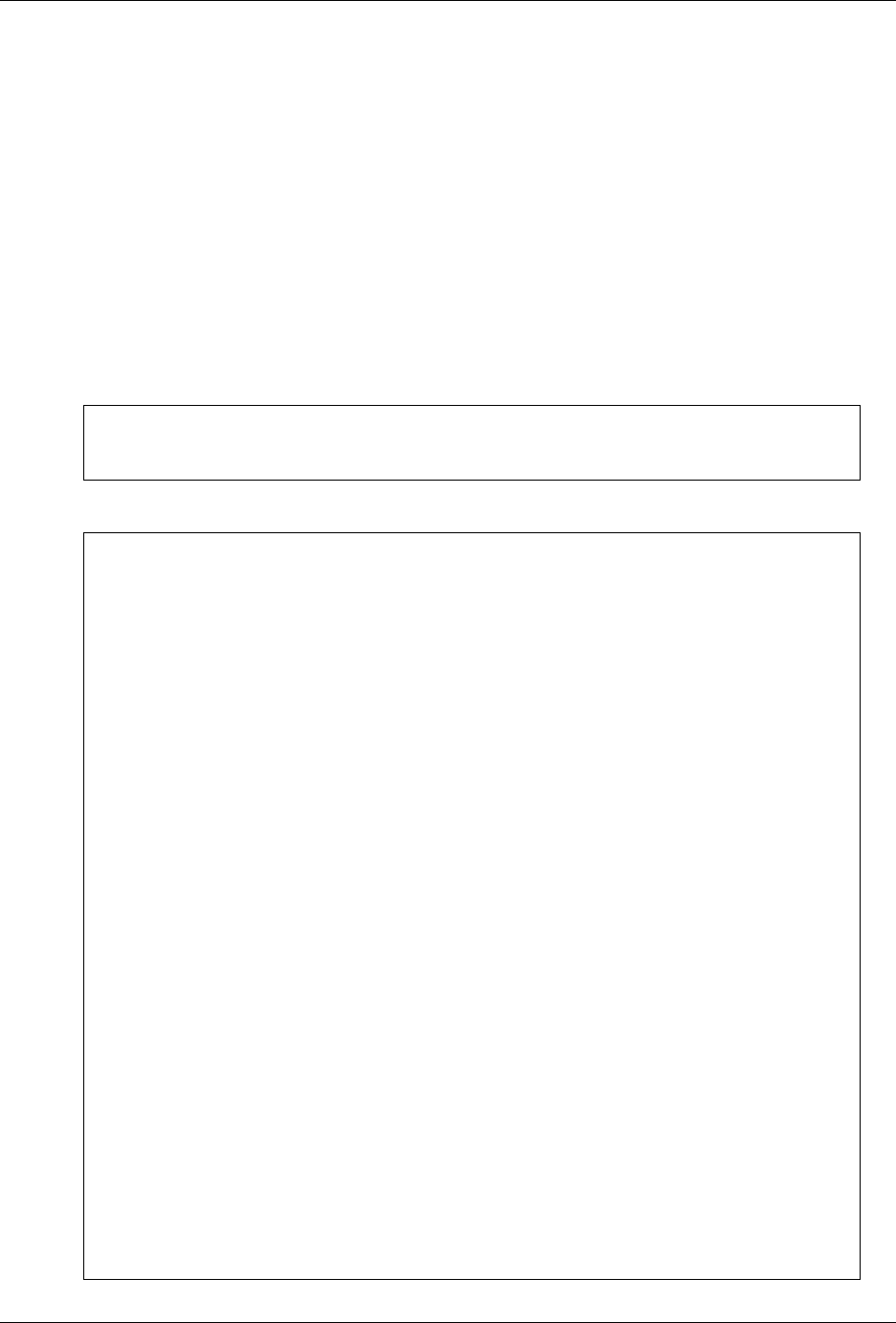
GeoServer User Manual, Release 2.15.1
•type = video/mp4
The content of the binary MPEG-4 specified by the filepath is read and sent to the WPS.
The GeoServer WPS declares this as a otput binary RAW FILE output type.
•type = application/owc
This is a particular type of output. From the GeoServer WPS point of view is a text/plain
JSON output type describing a Web Mapping Context.
The Remote WPS Plugin on GeoServer side takes care of publishing the layers specified
by layers_to_publish = result2;result4 and render the templates specified by
publish_metadata of each output.
The outcome will be a complex JSON WMC describing the map to publish.
In order to activate this funcionality, update the GeoServer remoteProcess.properties
on the GEOSERVER_DATA_DIR with a new option:
# full path to the template used to generate the OWS WMC Json output
owc_wms_json_template =/tmp/resource_dir/wmc_template.json
Sample wmc_template.json
{
"type": "FeatureCollection",
"id": "GeoServer OWC Map Context: version of 2015-07-14",
"geometry": {
"type":"Polygon",
"coordinates": ${renderingArea}
},
"features" : [
<#list featureList?keys as key>
{
"type": "Feature",
"id": "${featureList[key].name}",
"geometry":
{
"type" : "Polygon",
"coordinates" : ${featureList[key].geometryCoords}
},
"properties": {
<#if featureList[key].owcProperties != "">$
,→{featureList[key].owcProperties},</#if>
"offerings" : [
{
"code" : "http://www.opengis.net/spec/owc-atom/1.0/
,→req/wms",
"operations" : [{
"code" : "GetCapabilities",
"method" : "GET",
"type" : "application/xml",
"href" : "${featureList[key].getMapBaseUrl}?
,→SERVICE=WMS&VERSION=1.3.0&REQUEST=GetCapabilities",
"request":{},
"result":{}
},{
"code" : "GetMap",
"method" : "GET",
16.21. WPS Remote community module 1869
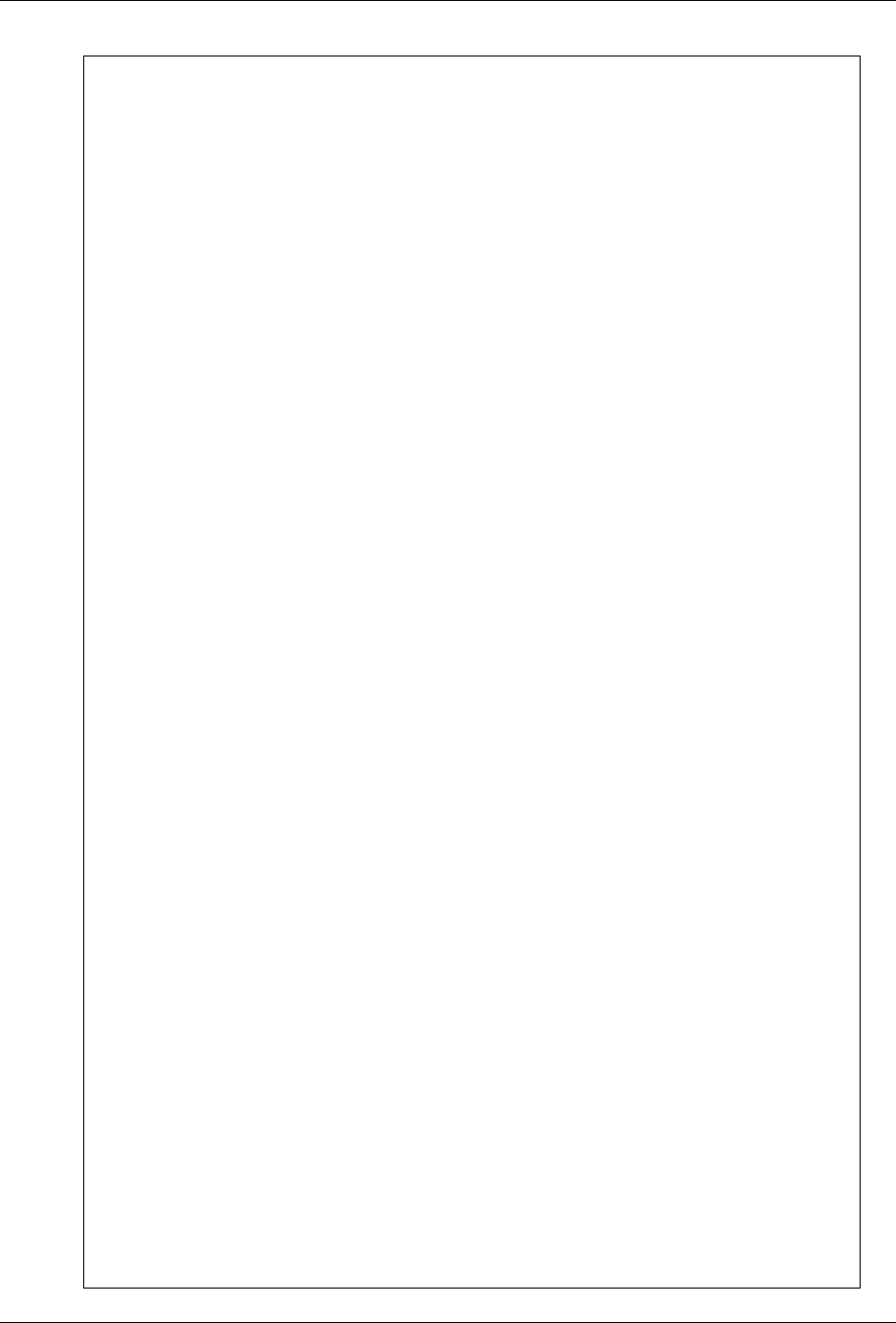
GeoServer User Manual, Release 2.15.1
"type" : "image/png",
"href" : "${featureList[key].getMapBaseUrl}?
,→SERVICE=WMS&VERSION=1.1.1&REQUEST=GetMap&SRS=${featureList[key].srs}&
,→BBOX=${featureList[key].bbox}&WIDTH=500&HEIGHT=500&LAYERS=$
,→{featureList[key].layers}&STYLES=${featureList[key].styles}&
,→FORMAT=image/png&BGCOLOR=0xffffff&TRANSPARENT=TRUE&
,→EXCEPTIONS=application/vnd.ogc.se_xml",
"request":{},
"result":{}
}],
"contents" : []
}
<#if featureList[key].type == "VECTOR">
,{
"code" : "http://www.opengis.net/spec/owc-atom/1.0/
,→req/wfs",
"operations" : [{
"code" : "DescribeFeatureType",
"method" : "GET",
"type" : "application/xml",
"href" : "${featureList[key].getMapBaseUrl}?
,→SERVICE=WFS&VERSION=1.1.0&REQUEST=DescribeFeatureType&TYPENAME=$
,→{featureList[key].layers}",
"request":{},
"result":{}
},{
"code" : "GetFeature",
"method" : "GET",
"type" : "application/xml",
"href" : "${featureList[key].getMapBaseUrl}?
,→SERVICE=WFS&VERSION=1.1.0&REQUEST=GetFeature&TYPENAME=$
,→{featureList[key].layers}",
"request":{},
"result":{}
}],
"contents" : []
}
<#elseif featureList[key].type == "RASTER">
,{
"code" : "http://www.opengis.net/spec/owc-atom/1.0/
,→req/wcs",
"operations" : [{
"code" : "DescribeCoverage",
"method" : "GET",
"type" : "application/xml",
"href" : "${featureList[key].getMapBaseUrl}?
,→SERVICE=WCS&VERSION=1.1.0&REQUEST=GetCapabilities&IDENTIFIER=$
,→{featureList[key].layers}",
"request":{},
"result":{}
},{
"code" : "GetCoverage",
"method" : "GET",
"type" : "image/tiff",
"href" : "${featureList[key].getMapBaseUrl}?
,→SERVICE=WCS&VERSION=1.1.0&REQUEST=GetCoverage&IDENTIFIER=$
,→{featureList[key].layers}&BOUNDINGBOX=${featureList[key].bbox}&
,→FORMAT=GeoTIFF",
1870 Chapter 16. Community modules
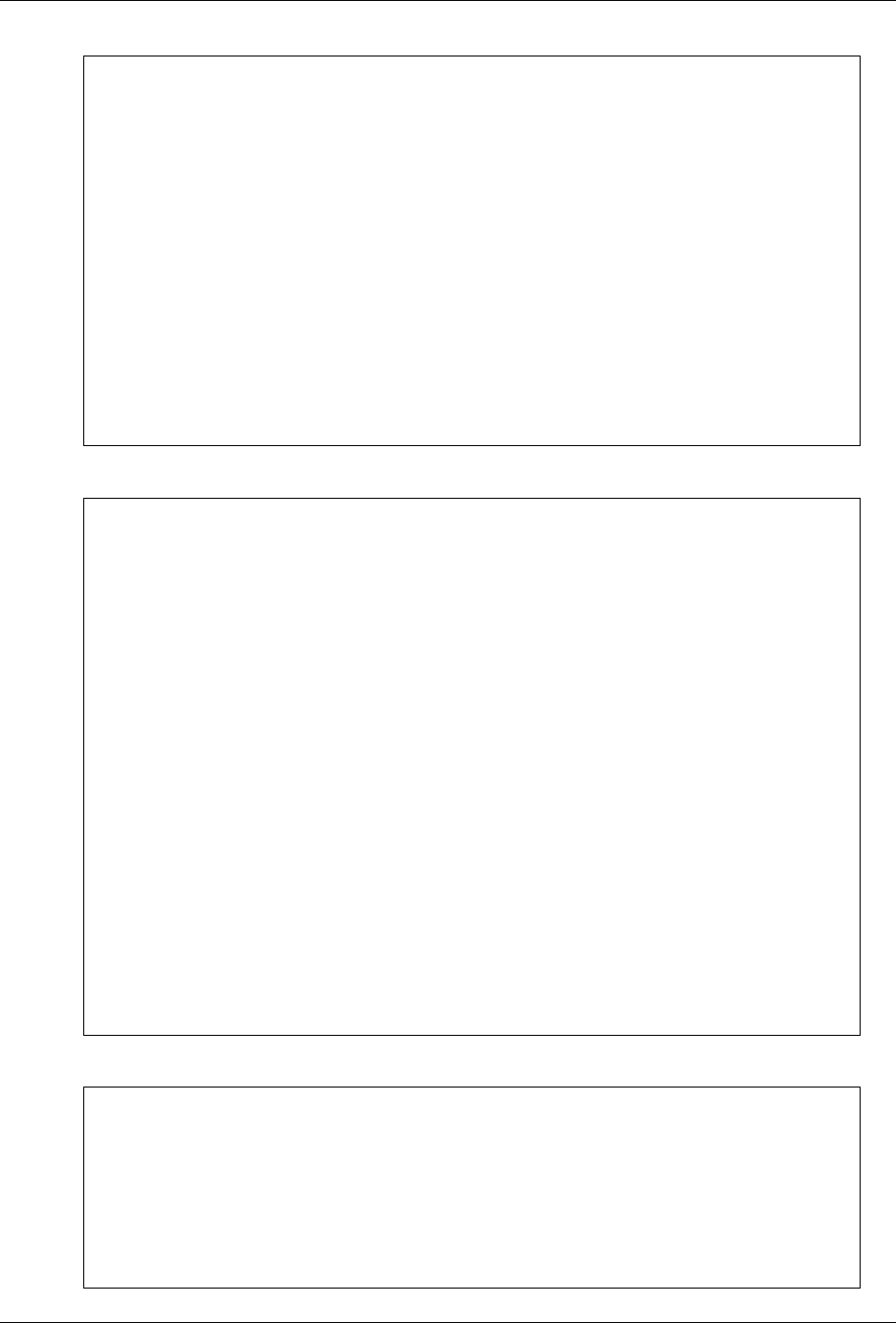
GeoServer User Manual, Release 2.15.1
"request":{},
"result":{}
}],
"contents" : []
}
</#if>
]
}
}<#if key_has_next>,</#if>
</#list>
]
,
"properties" : {
${owcProperties}
}
}
Sample owc_json_ctx.json
"lang" : "en",
"title" : "Sample Title goes here",
"subtitle" : "Sample sub-title goes here",
"generator" : "Sample generator",
"rights" : "Sample Legal Constraints and CopyRights (C)",
"authors" : [{"name" : "Author1 Name"}, {"name" : "Author2 Name"}],
"contributors" : [{"name" : "Contrib1 Name"}, {"name" : "Contrib2 Name"}],
"categories" : [{
"term" : "wms",
"label" : "This file is compliant with version 1.0 of OGC Context"
},{
"term" : "maps",
"label" : "This file contains maps"
}],
"links" : [{
"rel" : "profile",
"href" : "http://www.opengis.net/spec/owc-atom/1.0/req/core",
"title" : "This file is compliant with version 1.0 of OGC Context"
},{
"rel" : "via",
"type" : "application/xml",
"href" : "http://www.opengis.uab.cat/wms/satcat/metadades/EPSG_
,→23031/Cat_20110301.htm",
"title" : "HMTL metadata in Catalan"
}]
Sample result#.json
"title" : "Result 2",
"updated" : "${lastUpdated}",
"content" : "Sample Content Description for result 2 goes here",
"authors" : [
{
"name" : "GeoServer Administrator",
"email" : "info@sample.author.com"
}
],
16.21. WPS Remote community module 1871
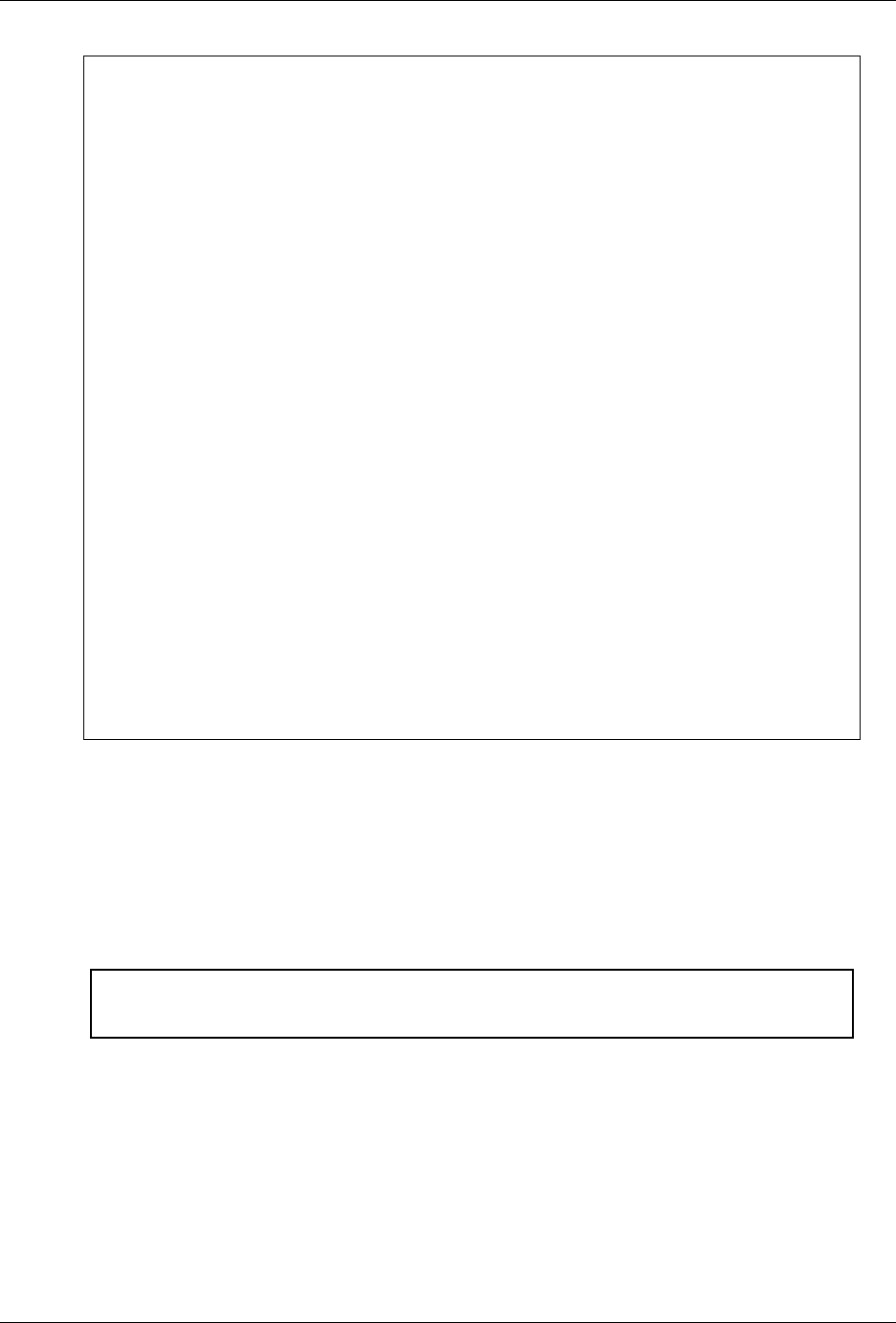
GeoServer User Manual, Release 2.15.1
"authors" : [{"name" : "Author2.1 Name"}, {"name" : "Author2.2 Name"}],
"contributors" : [{"name" : "Contrib2.1 Name"}, {"name" : "Contrib2.2 Name
,→"}],
"categories" : [{"name" : "Category2.1 Name"}, {"name" : "Category2.2 Name
,→"}],
"links" : [
{
"rel" : "enclosure",
"type" : "image/png",
"title" : "WMS output for ${title}",
"href" : "${getMapBaseUrl}?SERVICE=WMS&VERSION=1.1.1&REQUEST=GetMap&
,→SRS=${srs}&BBOX=${bbox}&WIDTH=500&HEIGHT=500&LAYERS=${layers}&
,→FORMAT=image/png&BGCOLOR=0xffffff&TRANSPARENT=TRUE&
,→EXCEPTIONS=application/vnd.ogc.se_xml"
},
{
"rel" : "icon",
"type" : "image/png",
"title" : "Preview for ${title}",
"href" : "${getMapBaseUrl}?SERVICE=WMS&VERSION=1.1.1&REQUEST=GetMap&
,→SRS=${srs}&BBOX=${bbox}&WIDTH=100&HEIGHT=100&LAYERS=${layers}&STYLES=$
,→{styles}&FORMAT=image/png&BGCOLOR=0xffffff&TRANSPARENT=TRUE&
,→EXCEPTIONS=application/vnd.ogc.se_xml"
},
{
"rel" : "via",
"type" : "application/vnd.ogc.wms_xml",
"title" : "Original GetCapabilities document",
"href" : "${getMapBaseUrl}?SERVICE=WMS&VERSION=1.1.1&
,→REQUEST=GetCapabilities"
}
]
Other options for the Outputs
•backup_on_wps_execution_shared_dir; This is a boolean which tells to the Remote WPS to store first
the outcome into the sharedir defined into the [DEFAULT] section before streaming out to GeoServer.
This allows the Remote WPS to preserve the outcomes even when the resources are cleaned out.
•upload_data; This is a boolean which tells to the Remote WPS to upload first the outcome into the
host defined into the [UPLOADER] section before streaming out to GeoServer. This allows the Remote
WPS to preserve the outcomes even when the resources are cleaned out.
Warning: If both enabled for a certain output, the
backup_on_wps_execution_shared_dir takes precedence to the upload_data one.
•publish_as_layer; A boolean to instruct GeoServer Remote WPS to try to automatically publish the
outcome as a new Layer through the GeoServer Importer Plugin.
•publish_default_style; The default style to use when publishing the Layer.
•publish_target_workspace; The default workspace to use when publishing the Layer.
•publish_layer_name; The default name to use when publishing the Layer.
1872 Chapter 16. Community modules
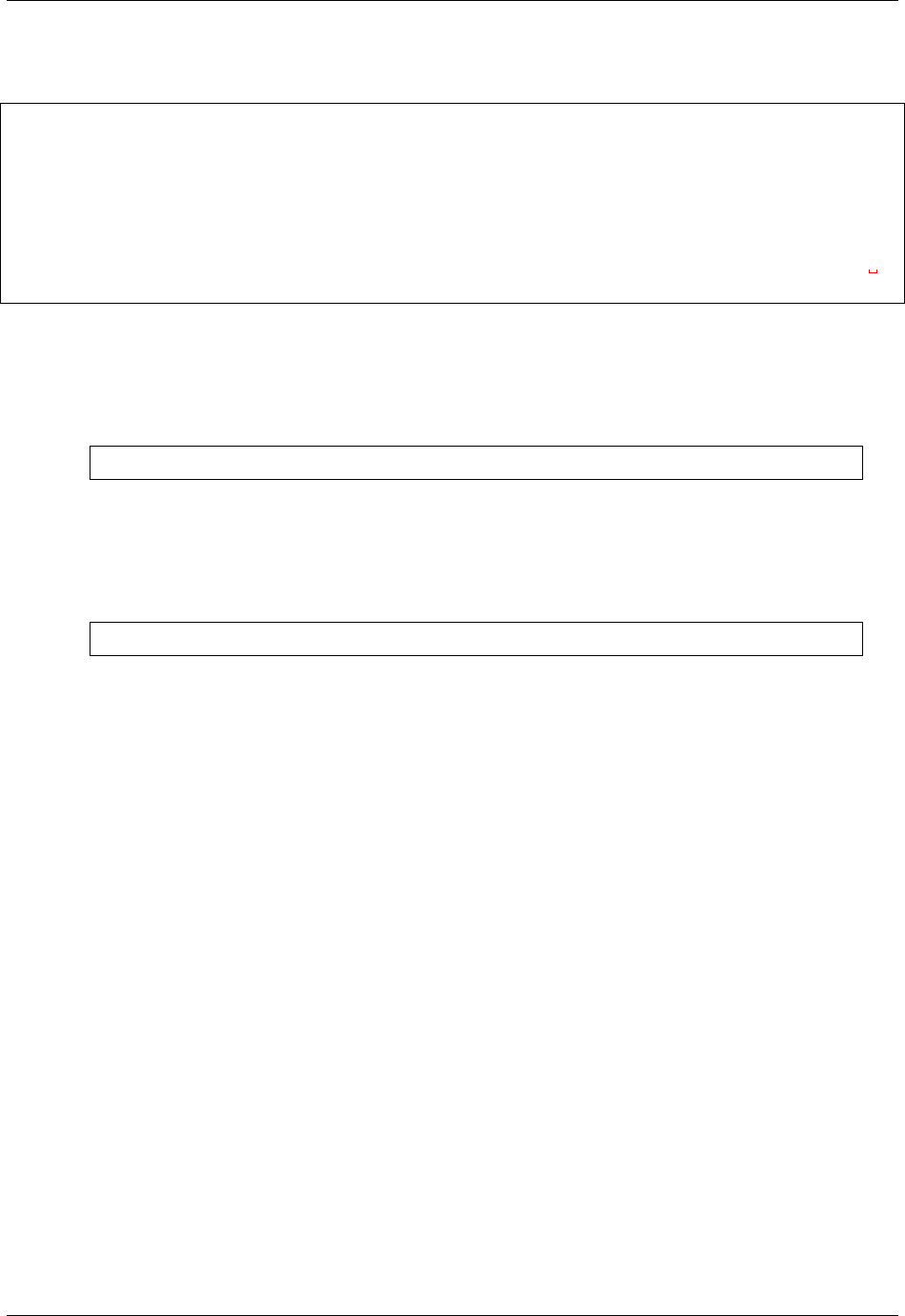
GeoServer User Manual, Release 2.15.1
Logging Section
# ########################################### #
# Logging RegEx and Levels #
# ########################################### #
[Logging]
stdout_parser = [.*\[DEBUG\](.*), .*\[INFO\] ProgressInfo\:([-+]?[0-9]*\.?[0-9]*)\%, .
,→*\[(INFO)\](.*), .*\[(WARN)\](.*), .*\[(ERROR)\](.*), .*\[(CRITICAL)\](.*)]
stdout_action = [ignore, progress,
,→log, log, log, abort]
•stdout_parser
This property must contain a list of regular expressions matching the possible executable
STDOUT logging messages the user wants to forward to GeoServer.
As an instance
.*\[DEBUG\](.*)
Matches all the messages containing the keyword [DEBUG] and forwards to the corre-
sponding stdout_action (see below) the content of the first matching group (.*)
In this case everything after [DEBUG] is forwarded to the action.
Another example
.*\[INFO\] ProgressInfo\:([-+]?[0-9]*\.?[0-9]*)\%
Matches all the messages containing the keyword [INFO]
ProgressInfo:<any_number>% and forwards to the corresponding stdout_action
(see below) the content of the first matching group ([-+]?[0-9]*\.?[0-9]*)
In this case the expression extracts a float number form the text along with the sign [-+]
•stdout_action
This property must contain a list of keywords associated to a particular action which will take
the content of the corresponding regular expression and forwards it to GeoServer packaged
ad a specific XMPP message.
As an instance
–progress; gets the content of the match and sends a PROGRESS XMPP message to
GeoServer. The PROGRESS messgae must always contain a number.
–abort; gets the content of the match and sends a ABORT XMPP message to GeoServer.
This will cause GeoServer to mark the WPS Process as FAILED.
–ignore; simply throws out everything matching the corresponding regular expression.
–log; sends a LOG message to GeoServer with the content of the match. This will appear
into the GeoServer Log file.
A Remote “Gdal Contour” Process Binding Example
Before continue reading this section, please be sure to have fully understood and successfully completed
all the passages at sections:
16.21. WPS Remote community module 1873
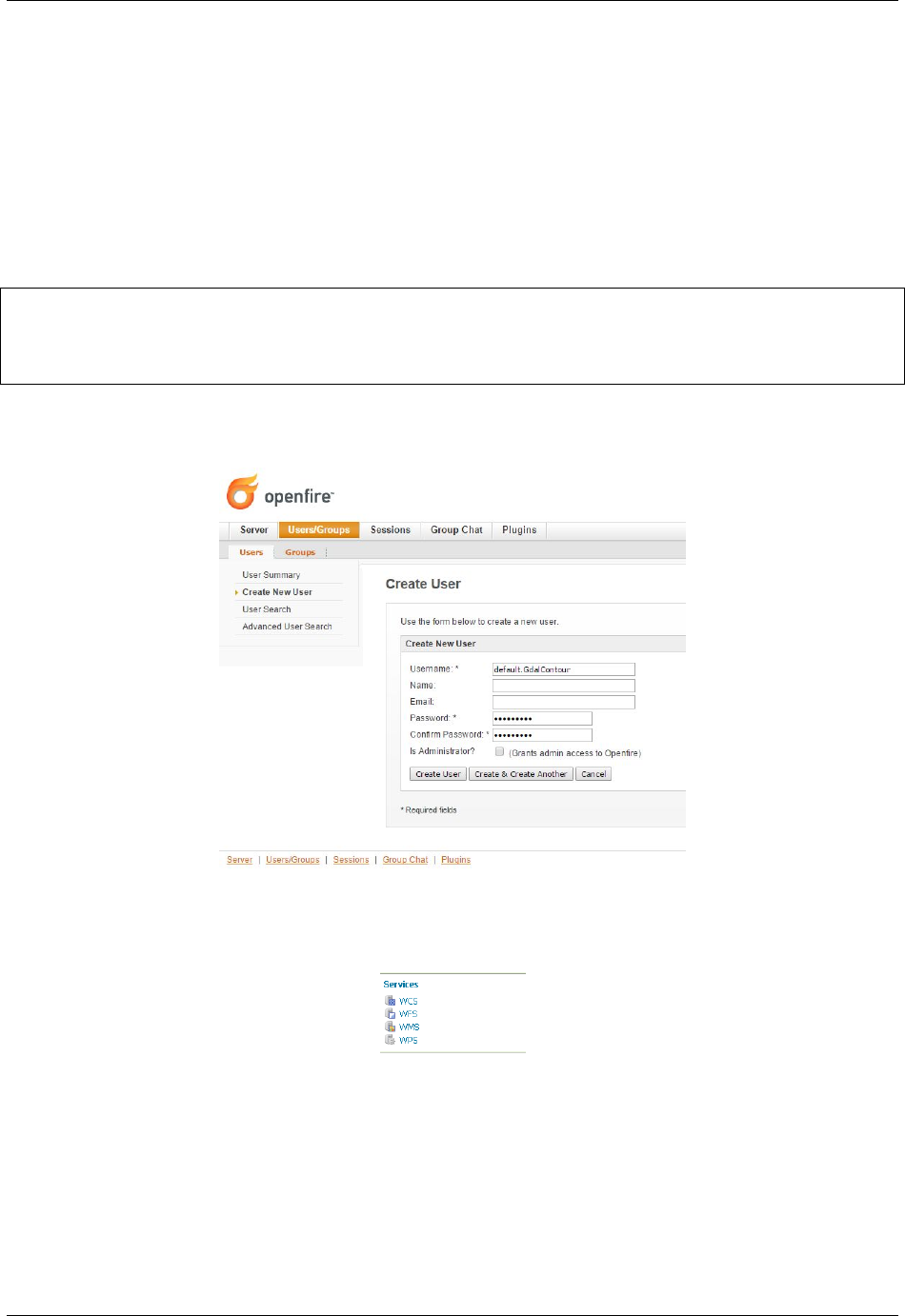
GeoServer User Manual, Release 2.15.1
•Deployment And Setup Of GeoServer With WPS Remote Plugin
•Installation Of OpenFire XMPP Server To Exchange Messages
•Deployment And Setup Of The XMPP Python Wrappers
Running the Python WPS Agent
In order to start the RemoteWPS Python Wrapper, we need to run an instance of the wpsagent.py using
the configuration files defined at section Deployment And Setup Of The XMPP Python Wrappers
$> cd C:\work\RemoteWPS
$> python wpsagent.py -r .\xmpp_data\configs\remote.config -s .\xmpp_
,→data\configs\myservice\service.config service
Few instants after the execution of the command, you should be able to see con invite message on the
prompt
and the default.GdalContour instance successfully connected and authenticated into the XMPP Server
channels
The new GeoServer WPS Process should be now available among the GeoServer Processes
The GeoServer Remote Process Factory automatically creates the WPS interface for the new process, expos-
ing through the OGC WPS Protocol the Inputs and Outputs definitions like shown in the illustration below
At the Execute Request the Remote WPS Python framework starts a new thread and assigns to it the unique
execution_id provided by GeoServer.
The logs of the execution are stored into the working directory
1874 Chapter 16. Community modules
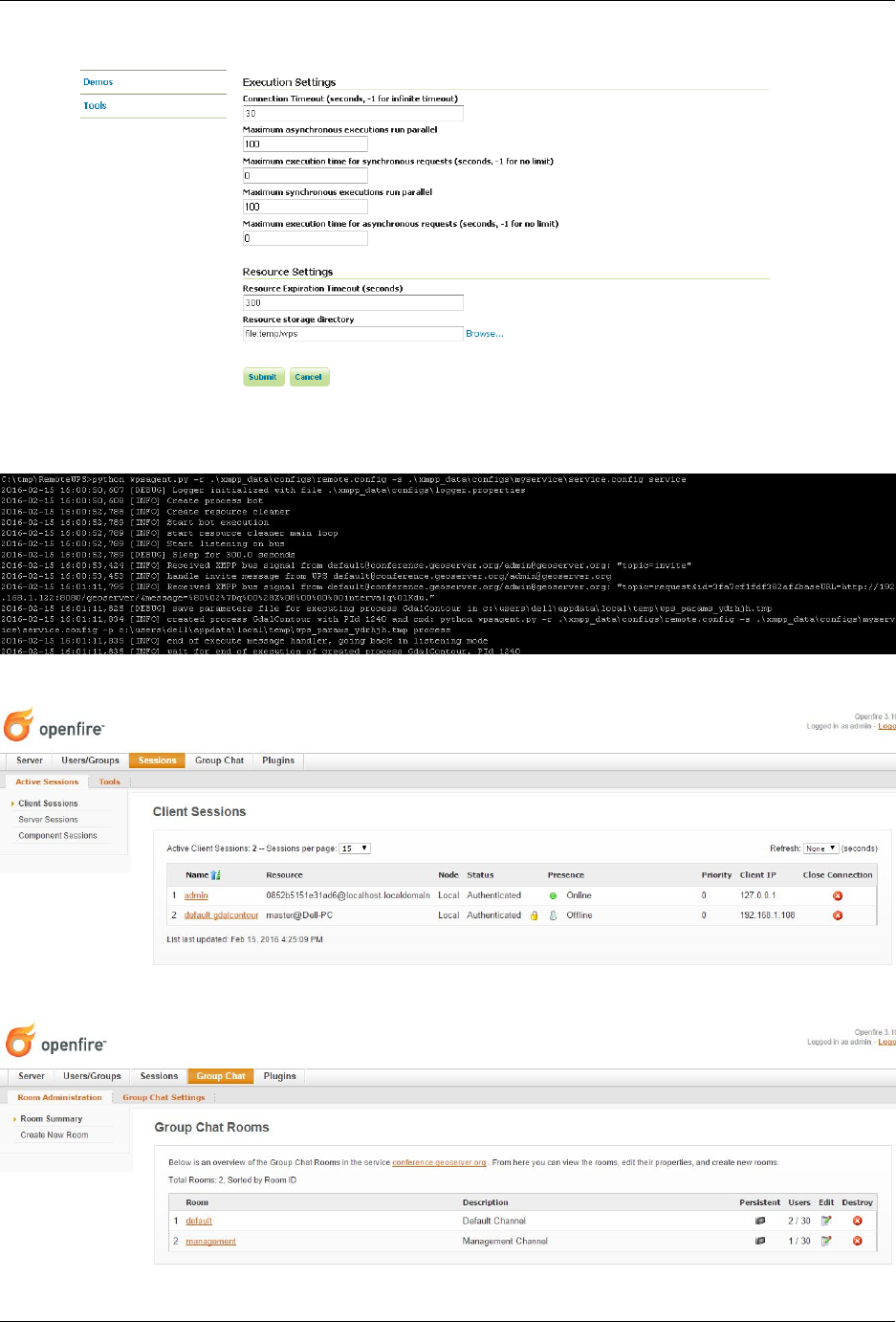
GeoServer User Manual, Release 2.15.1
16.21. WPS Remote community module 1875
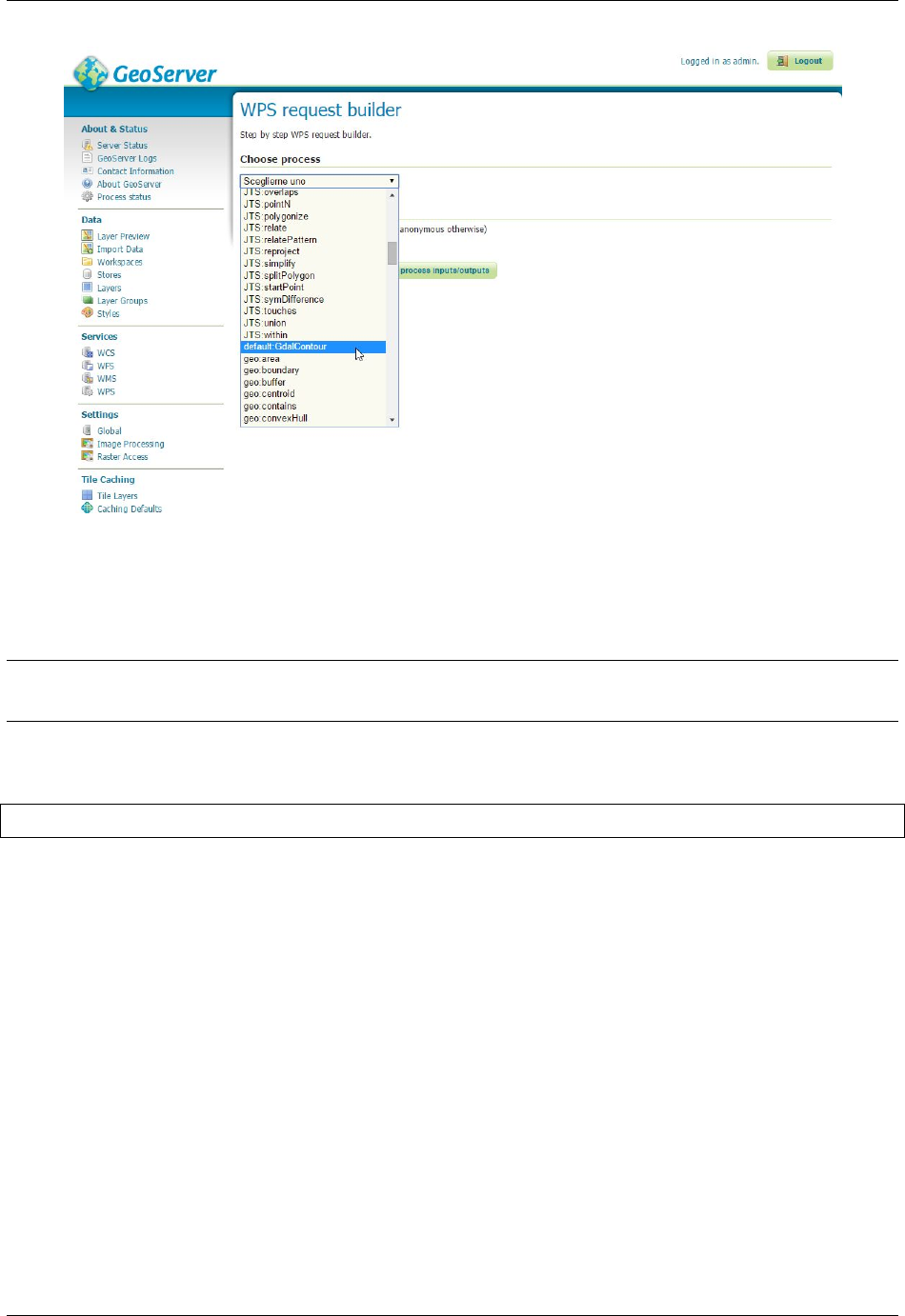
GeoServer User Manual, Release 2.15.1
From the log file is possible to recognize the full command line executed by the Remote WPS Python wrap-
per along with the lines received through the standard output
The main window shows the received XMPP messages and the actions taken accordingly
Note: The same information can be found into the log file specified into the “logger.properties” file (see
above).
On GeoServer side, it is possible to follow the process execution by following the messages sent via XMPP
to the GeoServer logs
$> tail -F -n 200 /storage/data/logs/geoserver.log
16.22 JDBCStore
The JDBCStore module allows efficient sharing of configuration data in a clustered deployment of
GeoServer. It allows externalising the storage of all configuration resources to a Relational Database Man-
agement System, rather than using the default File System based GeoServer data directory. This way the
multiple instances of GeoServer can use the same Database and therefore share in the same configuration.
16.22.1 Installing JDBCStore
To install the JDBCStore module:
1. Download the module. The file name is called geoserver-*-jdbcstore-plugin.zip, where *
is the version/snapshot name. The JDBCStore plug-in automatically includes the JDBCConfig plugin
as well which will generally be run at the same time.
2. Extract this file and place the JARs in WEB-INF/lib.
1876 Chapter 16. Community modules
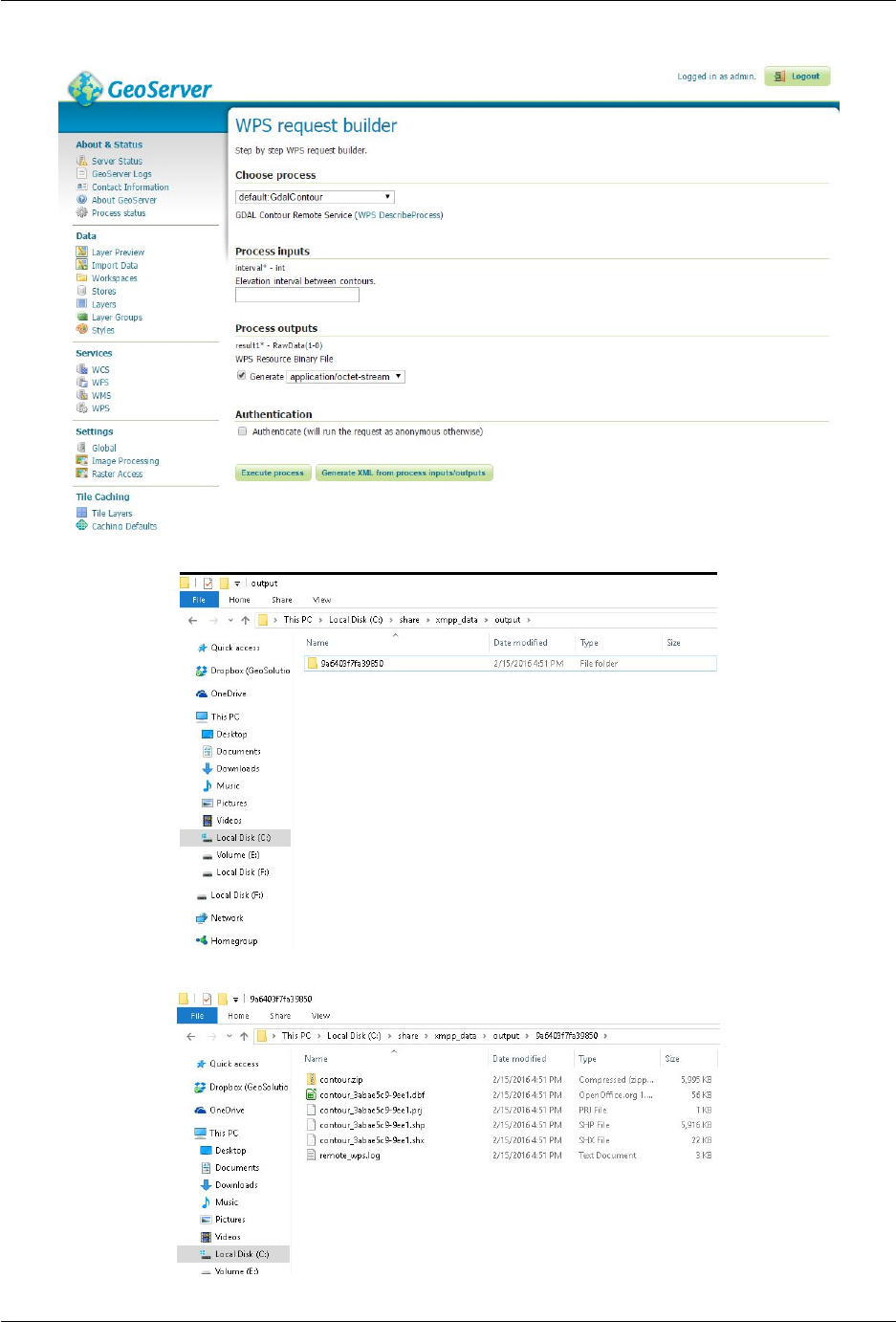
GeoServer User Manual, Release 2.15.1
16.22. JDBCStore 1877

GeoServer User Manual, Release 2.15.1
3. Perform any configuration required by your servlet container, and then restart. On startup, JDBCStore
will create a configuration directory jdbcstore and JDBCConfig will create a configuration directory
jdbcconfig in the GeoServer data directory .
4. Verify that the configuration directories were created to be sure installation worked then turn off
GeoServer.
5. If you want to use JDBCConfig as well, configure it first, being sure to set enabled,initdb, and
import to true, and to provide the connection information for an empty database. Start GeoServer
to initialize the JDBCConfig database, import the old catalog into it, and take over from the old cat-
alog. Subsequent start ups will skip the initialize and import steps unless you re-enable them in
jdbcconfig.properties.
6. Now configure JDBCStore in a similar fashion (JDBCStore configuration), being sure to set enabled,
initdb, and import to true, and to provide the connection information for an empty database.
Start GeoServer again. This time JDBCStore will connect to the specified database, initialize it, import
the old GeoServer data directory into it, and take over from the old GeoServer data directory. Subse-
quent start ups will skip the initialize and import steps unless you re-enable them in jdbcstore.
properties.
16.22.2 JDBCStore configuration
The JDBCStore module is configured in the file jdbcstore/jdbcstore.properties inside the
GeoServer data directory. The following properties may be set:
•enabled: Use JDBCStore. Turn off to use the data directory for all configuration instead.
•initdb: Initialize an empty database if this is set on true.
•import : The import configuration option tells GeoServer whether to import the current GeoServer
data directory from the file system to the database or not. If set to true, it will be imported and the
config option will be set the value ‘false’ for the next start up to avoid trying to re-import the catalog
configuration.
•initScript: Path to initialisation script .sql file. Only used if initdb is true.
•ignoreDirs: specify all subdirectories of the GeoServer data directory that should be ignored by the
JDBCStore, in a comma-separate list. These subdirectories will not be imported and while JDBCStore
is running, all access to these subdirectories and their contents will be redirected to the default file
system store. This is usually done with the data directory (which holds data rather than metadata
such as images and shapefiles), temporary directories (which are not used for permanent storage)
and the catalog directories (when using JDBCConfig, these are unused anyway and they need not be
copied into the JDBCStore).
•deleteDestinationOnRename: allow automatic overwriting of existing destinations on move and
rename operations (linux-style versus windows-style - the default store is platform dependant).
JNDI
Get the database connection from the application server via JNDI lookup.
•jndiName: The JNDI name for the data source. Only set this if you want to use JNDI, the JDBC
configuration properties may still be set for in case the JNDI Lookup fails.
1878 Chapter 16. Community modules

GeoServer User Manual, Release 2.15.1
Direct JDBC Connection
Provide the connection parameters directly in the configuration file. This includes the password in the clear
which is a potential security risk. To avoid this use JNDI instead.
•jdbcUrl: JDBC direct connection parameters.
•username: JDBC connection username.
•password: JDBC connection password.
•pool.minIdle: minimum connections in pool
•pool.maxActive: maximum connections in pool
•pool.poolPreparedStatements: whether to pool prepared statements
•pool.maxOpenPreparedStatements: size of prepared statement cache, only used if pool.
poolPreparedStatements is true
•pool.testOnBorrow: whether to validate connections when obtaining from the pool
•pool.validationQuery: validation query for connections from pool, must be set when pool.
testOnBorrow is true
16.23 ncWMS WMS extensions support
The ncWMS module adds to GeoServer the ability to support some of the ncWMS extensions to the WMS
protocol and configuration. In particular:
• Ability to create a named style by simply providing a list of colors, that will adapt to the layer in use
based on request parameters and its statistics
• Ability to control the palette application in GetMap via a number of extra parameters
• GetTimeSeries operation, which can retrieve a CSV or an xy chart of a time series of values on a certain
point
At the time of writing the extra calls to extract elevation series, transects and NetCDF metadata are not
supported. The extension is however not NetCDF specific, but can be used with any single banded raster
layer instead.
16.23.1 The Dynamic Palette style format
A new “Dynamic palette” style format has been added that accepts a palette, one color per line, defining
a color progression to be applied on raster data. Each color can be defined using these possible syntaxes
(same as ncWMS):
•#RRGGBB
•#AARRGGBB
•0xRRGGBB
•0xAARRGGBB
Comments can be added in the file by starting the line by a percentage sign. For example, a red to blue
progression might look like:
16.23. ncWMS WMS extensions support 1879
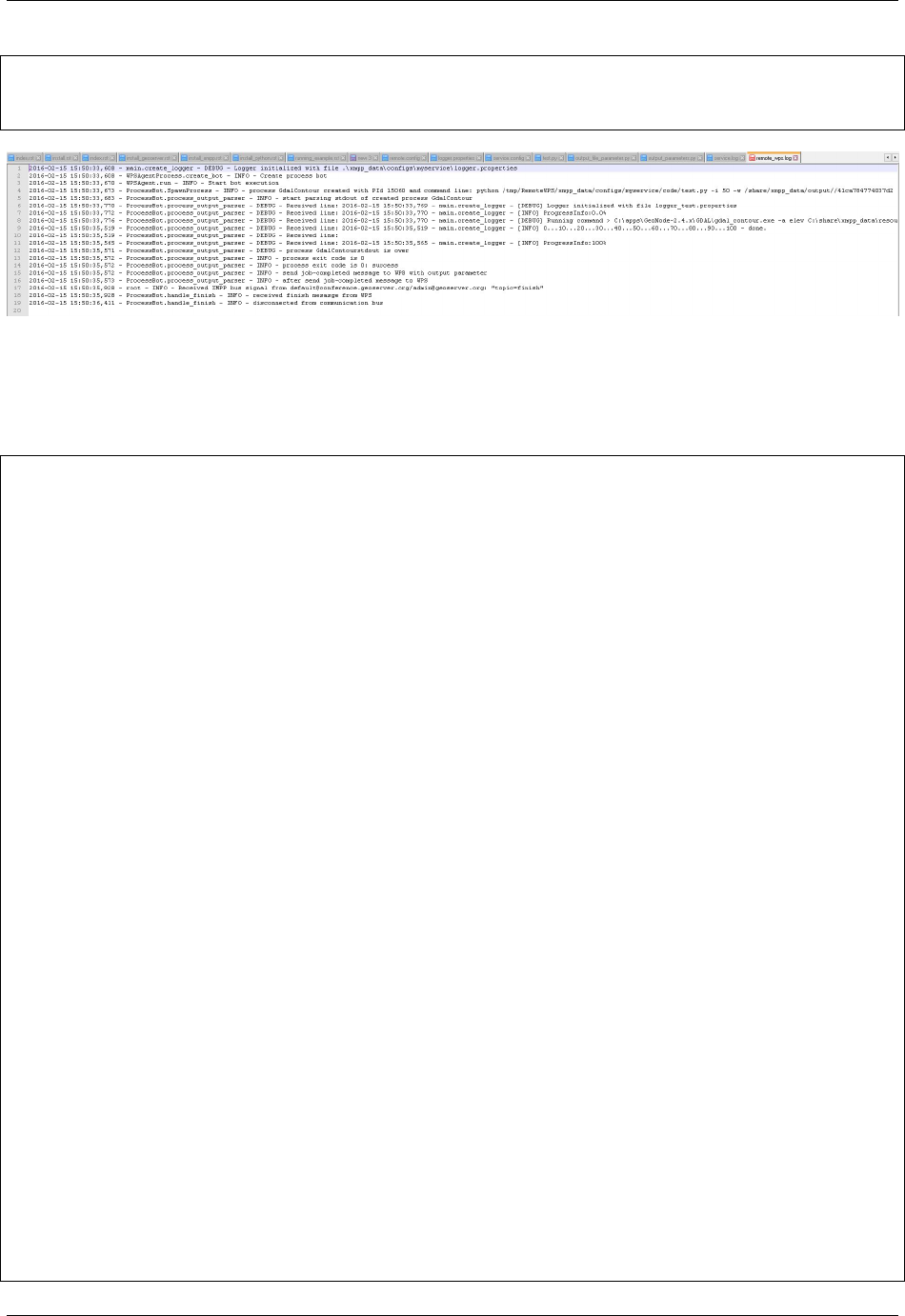
GeoServer User Manual, Release 2.15.1
%Red to blue progression
#FF0000
#0000FF
Several ready to use palettes coming from the popular “color brewer” site are available in the ncWMS
source code repository.
The palette translates on the fly into a SLD with rendering transformation using the Dynamic colormap
generation module, in particular, the above style translates to the following style:
1<?xml version="1.0" encoding="UTF-8"?>
2<sld:StyledLayerDescriptor xmlns="http://www.opengis.net/sld" xmlns:sld="http://www.
,→opengis.net/sld" xmlns:gml="http://www.opengis.net/gml" xmlns:ogc="http://www.
,→opengis.net/ogc" version="1.0.0">
3<sld:NamedLayer>
4<sld:Name/>
5<sld:UserStyle>
6<sld:Name/>
7<sld:FeatureTypeStyle>
8<sld:Transformation>
9<ogc:Function name="ras:DynamicColorMap">
10 <ogc:Function name="parameter">
11 <ogc:Literal>data</ogc:Literal>
12 </ogc:Function>
13 <ogc:Function name="parameter">
14 <ogc:Literal>opacity</ogc:Literal>
15 <ogc:Function name="env">
16 <ogc:Literal>OPACITY</ogc:Literal>
17 <ogc:Literal>1.0</ogc:Literal>
18 </ogc:Function>
19 </ogc:Function>
20 <ogc:Function name="parameter">
21 <ogc:Literal>colorRamp</ogc:Literal>
22 <ogc:Function name="colormap">
23 <ogc:Literal>rgb(255,0,0);rgb(0,0,255)</ogc:Literal>
24 <ogc:Function name="env">
25 <ogc:Literal>COLORSCALERANGE_MIN</ogc:Literal>
26 <ogc:Function name="bandStats">
27 <ogc:Literal>0</ogc:Literal>
28 <ogc:Literal>minimum</ogc:Literal>
29 </ogc:Function>
30 </ogc:Function>
31 <ogc:Function name="env">
32 <ogc:Literal>COLORSCALERANGE_MAX</ogc:Literal>
33 <ogc:Function name="bandStats">
34 <ogc:Literal>0</ogc:Literal>
35 <ogc:Literal>maximum</ogc:Literal>
36 </ogc:Function>
37 </ogc:Function>
1880 Chapter 16. Community modules

GeoServer User Manual, Release 2.15.1
38 <ogc:Function name="env">
39 <ogc:Literal>BELOWMINCOLOR</ogc:Literal>
40 <ogc:Literal>rgba(0,0,0,0)</ogc:Literal>
41 </ogc:Function>
42 <ogc:Function name="env">
43 <ogc:Literal>ABOVEMAXCOLOR</ogc:Literal>
44 <ogc:Literal>rgba(0,0,0,0)</ogc:Literal>
45 </ogc:Function>
46 <ogc:Function name="env">
47 <ogc:Literal>LOGSCALE</ogc:Literal>
48 <ogc:Literal>false</ogc:Literal>
49 </ogc:Function>
50 <ogc:Function name="env">
51 <ogc:Literal>NUMCOLORBANDS</ogc:Literal>
52 <ogc:Literal>254</ogc:Literal>
53 </ogc:Function>
54 </ogc:Function>
55 </ogc:Function>
56 </ogc:Function>
57 </sld:Transformation>
58 <sld:Rule>
59 <sld:RasterSymbolizer/>
60 </sld:Rule>
61 </sld:FeatureTypeStyle>
62 </sld:UserStyle>
63 </sld:NamedLayer>
64 </sld:StyledLayerDescriptor>
The above explains a bit of how the palette is applied:
• By default a palette of 254 colors is generated between a min and max value, plus one color for
anything below the minimum and another for anything above the maximum
• It is possible to pass the minimum and maximum values using the GetMap env parameter, if not
provided, they are fetched from the configured band statistics (as found in the layer configuration)
• The overall opacity of the palette can be controlled (using a value between 0 and 1 to conform with
the SLD opacity description)
• The scale can be either linear, or logarithmic
The above parameters can all be used at will to control the palette generation using the typical environment
variable approach. However, it’s also possible to use ncWMS own extensions, which are adding direct
parameters in the request. See the following section for details.
16.23.2 ncWMS GetMap extensions
This module also adds a dynamic translator taking the ncWMS GetMap vendor parameters and map-
ping them to the dynamic palette expectations. In particular (copying the parameter description from the
ncWMS manual, with GeoServer specific annotations):
• COLORSCALERANGE: Of the form min,max this is the scale range used for plotting the data
(mapped to the COLORSCALERANGE_MIN and COLORSCALERANGE_MAX env vars)
• NUMCOLORBANDS: The number of discrete colours to plot the data. Must be between 2 and 250
(mapped to the NUMCOLORBANDS env variable)
• ABOVEMAXCOLOR: The colour to plot values which are above the maximum end of the scale range.
Colours are of the form 0xRRGGBB or 0xAARRGGBB, and it also accepts “transparent” and “extend”
16.23. ncWMS WMS extensions support 1881
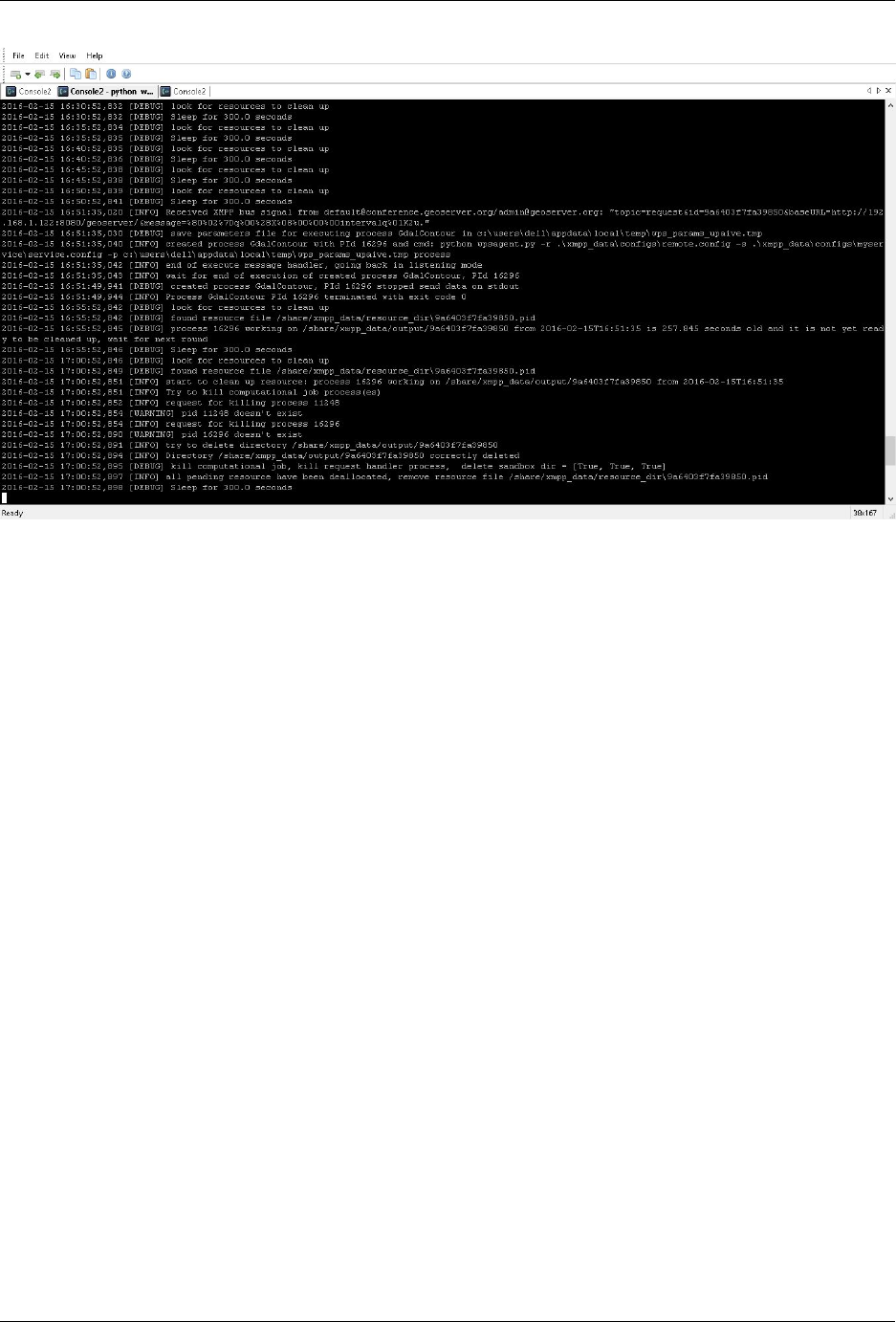
GeoServer User Manual, Release 2.15.1
• BELOWMINCOLOR: The colour to plot values which are below the minimum end of the scale range.
Colours are of the form 0xRRGGBB or 0xAARRGGBB, and it also accepts “transparent” and “extend”
• LOGSCALE: “true” or “false” - whether to plot data with a logarithmic scale
• OPACITY: The percentage opacity of the final output image as a number between 0 and 100 (maps to
OPACITY env var by translating it to a number between 0 and 1)
• ANIMATION: “true” or “false” - whether to generate an animation. The ncWMS documentation
states that TIME has to be of the form starttime/endtime, but currently TIME needs to be a list of
discrete times instead. Animation requires using the “image/gif” as the response format (as the only
format supporting animation)
Here are a few examples based on the “ArcSample” arcgrid sample layer, containing annual precipitation
data. The one band provided by this layer has been configured with a default range of 0 to 6000.
• Default output with the “redblue” palette:
http://localhost:8080/geoserver/wms?STYLES=redblue&LAYERS=nurc%3AArc_
Sample&FORMAT=image%2Fpng&SERVICE=WMS&VERSION=1.1.1&REQUEST=GetMap&SRS=
EPSG%3A4326&BBOX=-180,-90,180,90&WIDTH=500&HEIGHT=250
• Adopting a logarithmic scale by adding &COLORSCALERANGE=1,6000&LOGSCALE=true (a loga-
rithmic scale needs a positive minimum)
• Using just 5 colors in logarithmic mode by adding &COLORSCALERANGE=1,
6000&LOGSCALE=true&NUMCOLORBANDS=5
• Limiting the range and specifying other colors above (gray) and below (yellow) by adding
&COLORSCALERANGE=100,2000&BELOWMINCOLOR=0xFFFF00&ABOVEMAXCOLOR=0xAAAAAA
16.23.3 ncWMS GetCapabilities extensions
ncWMS allows users to filter the contents of a capabilites document by adding a &dataset=datasetName
parameter to the request.
1882 Chapter 16. Community modules
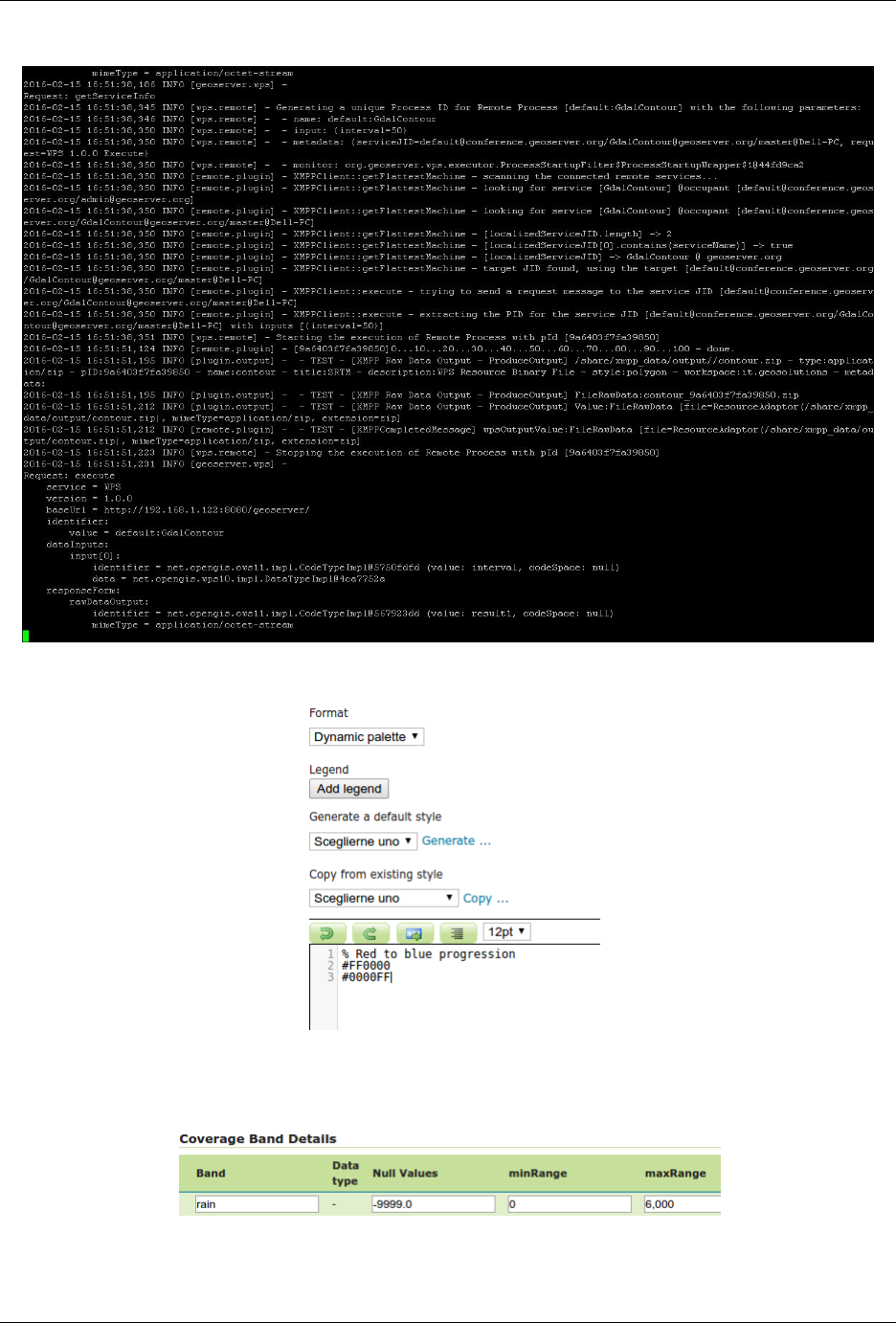
GeoServer User Manual, Release 2.15.1
Fig. 16.18: Configuring a dynamic palette style
Fig. 16.19: Editing the defaults for min/max scale range values in the GeoServer layer editor
16.23. ncWMS WMS extensions support 1883
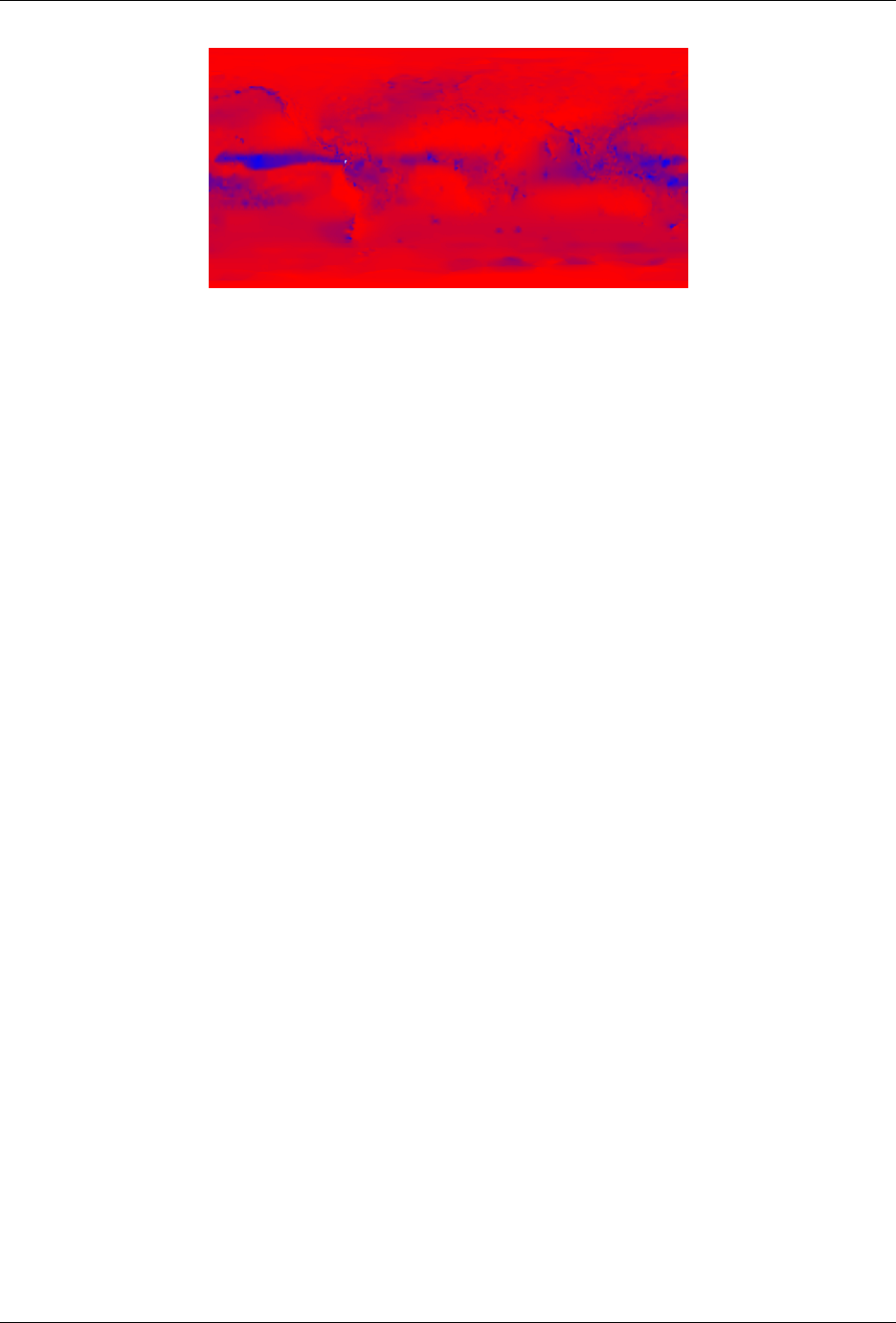
GeoServer User Manual, Release 2.15.1
While GeoServer does not have a concept of dataset, the ncWMS extension allows to use the same parameter
to filter on workspaces, layers and layer groups, by name.
For example:
• Getting everything in the “topp” workspace: http://localhost:8080/geoserver/ows?service=
wms&version=1.3.0&request=GetCapabilities&dataset=topp
• Getting only the “topp:states” layer: http://localhost:8080/geoserver/ows?service=wms&version=1.3.0&request=GetCapabilities&dataset=topp:states
• Getting the “tasmania” layer group: http://localhost:8080/geoserver/ows?service=wms&version=
1.3.0&request=GetCapabilities&dataset=tasmania
16.23.4 ncWMS GetTimeSeries operation
ncWMS provides a GetTimeSeries operation, which can retrieve a time series of values on a certain point,
using a syntax similar to the GetFeatureInfo operation. The time series can be retrieved as a chart in PNG
or JPEG image, or as a CSV.
For example:
• Getting a time series as CSV: http://localhost:8080/geoserver/wms?SERVICE=WMS&VERSION=
1.1.1&REQUEST=GetTimeSeries&FORMAT=image%2Fjpeg&TIME=2008-10-31T00:00:00.000Z/
2008-11-01T00:00:00.000Z&QUERY_LAYERS=watertemp&STYLES&LAYERS=watertemp&INFO_
FORMAT=text%2Fcsv&FEATURE_COUNT=50&X=50&Y=50&SRS=EPSG%3A4326&WIDTH=
101&HEIGHT=101&BBOX=3.724365234375%2C40.81420898437501%2C5.943603515625%2C43.
03344726562501
• Getting a time series as PNG: http://localhost:8080/geoserver/wms?SERVICE=WMS&VERSION=
1.1.1&REQUEST=GetTimeSeries&FORMAT=image%2Fjpeg&TIME=2008-10-31T00:00:00.000Z/
2008-11-01T00:00:00.000Z&QUERY_LAYERS=watertemp&STYLES&LAYERS=watertemp&INFO_
FORMAT=image%2Fpng&FEATURE_COUNT=50&X=50&Y=50&SRS=EPSG%3A4326&WIDTH=
101&HEIGHT=101&BBOX=3.724365234375%2C40.81420898437501%2C5.943603515625%2C43.
03344726562501
• Getting a time series as JPG: http://localhost:8080/geoserver/wms?SERVICE=WMS&VERSION=
1.1.1&REQUEST=GetTimeSeries&FORMAT=image%2Fjpeg&TIME=2008-10-31T00:00:00.000Z/
2008-11-01T00:00:00.000Z&QUERY_LAYERS=watertemp&STYLES&LAYERS=watertemp&INFO_
FORMAT=image%2Fjpg&FEATURE_COUNT=50&X=50&Y=50&SRS=EPSG%3A4326&WIDTH=
101&HEIGHT=101&BBOX=3.724365234375%2C40.81420898437501%2C5.943603515625%2C43.
03344726562501
The INFO_FORMAT accepts the following values: image/png,image/jpg and text/csv
The TIME parameter accepts a time range as defined for other operations in the WMS standard (see Annex
D of the 06-042 Web Map Server Implementation Specification). Examples:
1884 Chapter 16. Community modules
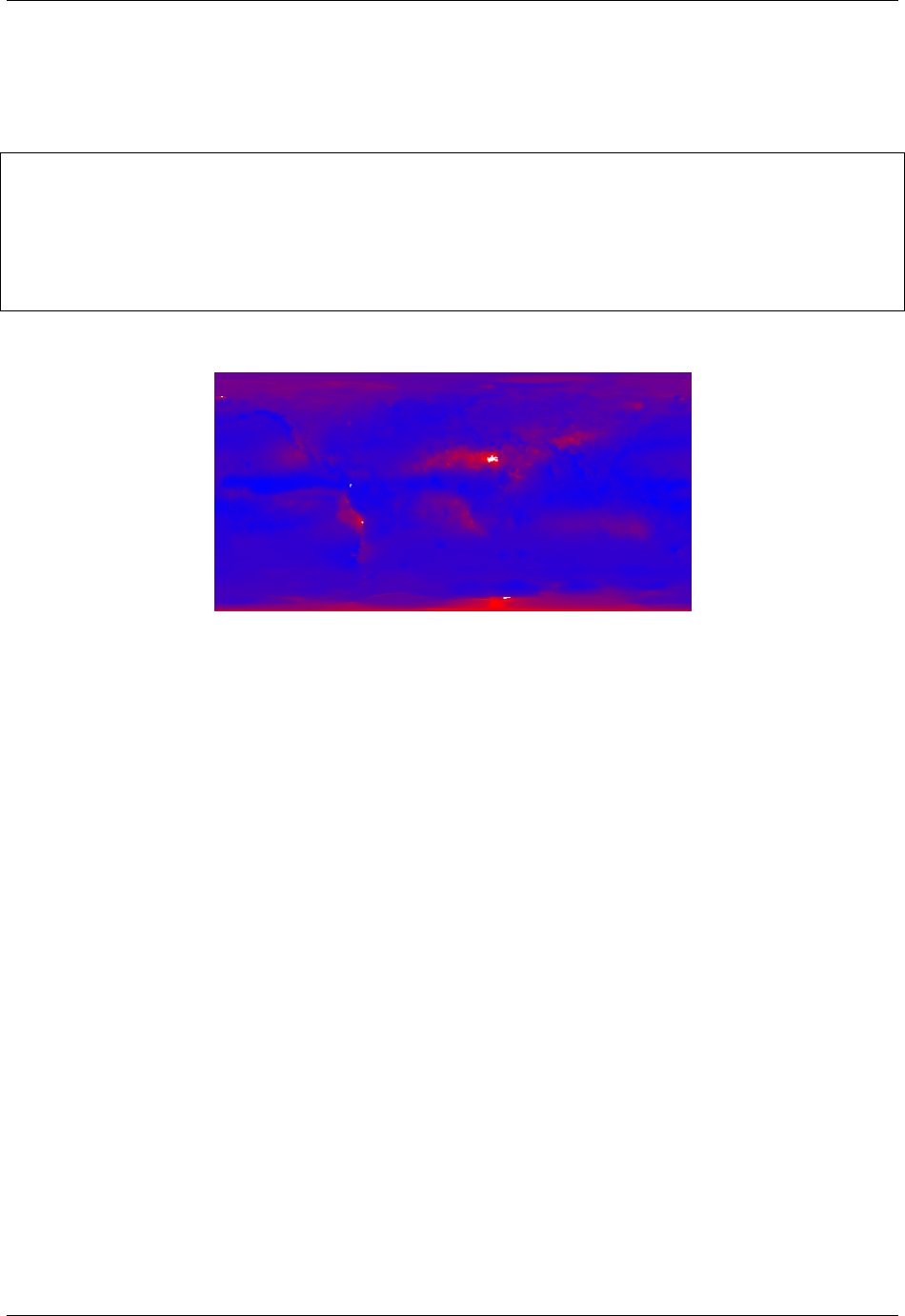
GeoServer User Manual, Release 2.15.1
•TIME=2008-10-31T00:00:00.000Z/2008-11-01T00:00:00.000Z
•TIME=2008-10-31T00:00:00.000Z/2008-10-31T00:00:00.000Z
Sample CSV output:
# Latitude: 40.396728515625
# Longitude: -0.6921386718750019
Time (UTC),Temperature (degrees)
2014-01-01T00:00:00.000Z,0.4194810092449188
2014-02-01T00:00:00.000Z,0.8373379707336426
2014-03-01T00:00:00.000Z,3.1670899391174316
2014-04-01T00:00:00.000Z,4.932330131530762
Sample chart output:
16.24 Backup and Restore Documentation
This section describes the GeoServer Backup and Restore plugin functionality and APIs.
16.24.1 Installation
Manual Install
To download and install the required extensions by hand:
1. Download the geoserver-2.15-SNAPSHOT-backup-restore-plugin.zip from:
•Community Builds (GeoServer WebSite)
It is important to download the version that matches the GeoServer you are running.
2. Stop the GeoServer application.
3. Navigate into the webapps/geoserver/WEB-INF/lib folder.
These files make up the running GeoServer application.
4. Unzip the contents of the three zip files into the lib folder.
5. Restart the Application Server.
6. Login to the Web Administration application. Select Data from the naviagion menu. Click Backup and
Restore and ensure the page is rendered correctly and without errors.
16.24. Backup and Restore Documentation 1885
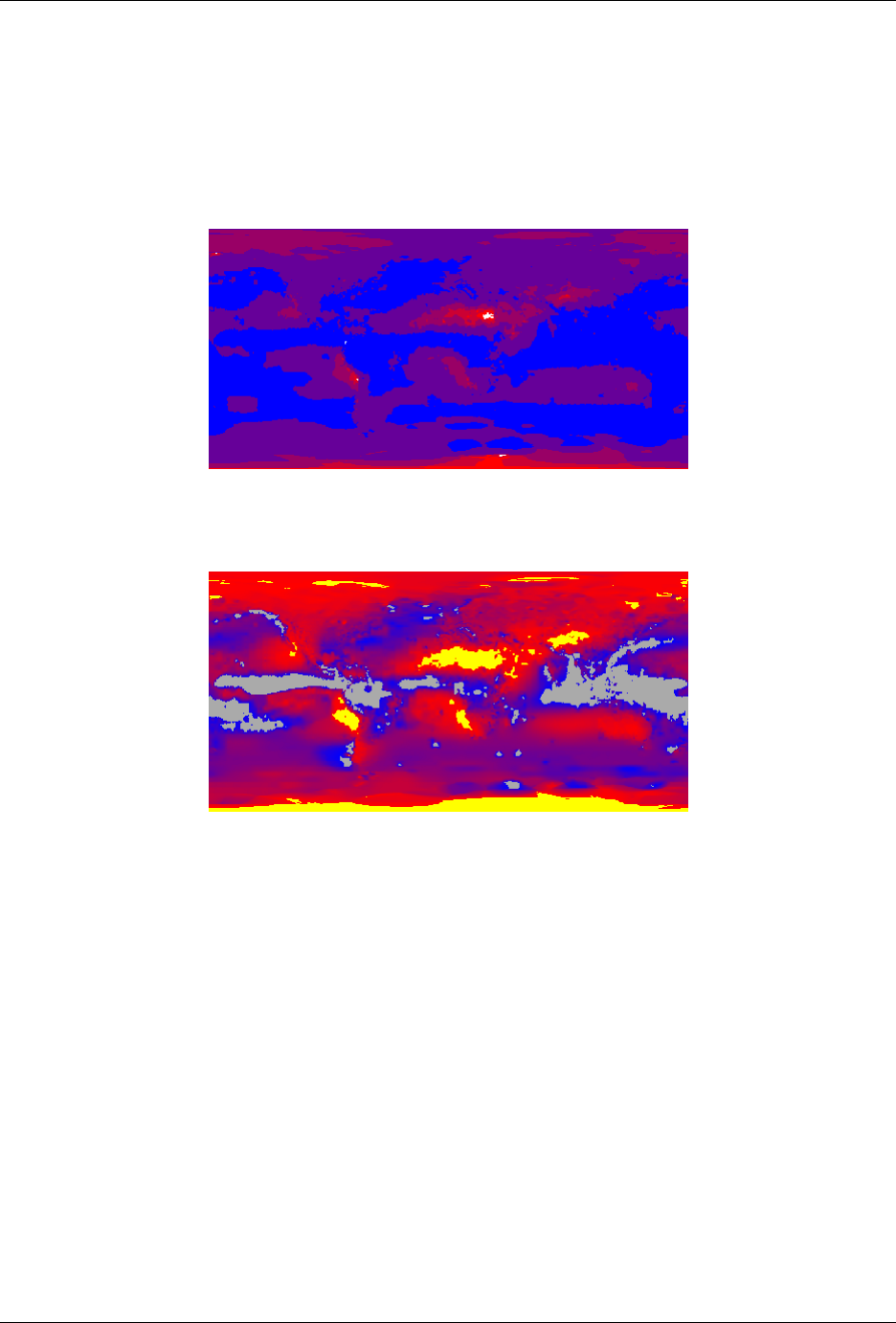
GeoServer User Manual, Release 2.15.1
Backup and Restore plugin can be used both via user interface and via HTTP REST interface. For more
details please see the next sections.
16.24.2 Usage Via GeoServer’s User Interface
At the end on Backup and Restore plugin installation you will see a new section in GeoServer UI
Clicking on the Backup and Restore label will give you access to the Backup and Restore configuration
settings:
Here you’ll be able to specify various parameters for the Backup / Restore procedure:
1. Archive full path: Path on the file system to the archive created by the backup procedure, in
case a Backup is executed, or the archive to restore from, in case of a Restore procedure.
2. Filter by Workspace: Optional parameter that allows you to restrict the scope of the Backup /
Restore to workspaces that meet the specified filter.
3. Backup Options:
(a) Overwrite Existing Archive: When enabled the backup procedure will overwrite any
previously existing archive
(b) Skip Failing Resources: If enabled and errors are found during the backup of existing
resources, skip the resource and go ahead with the backup procedure
4. Backup Executions: Report of running and previously run backups
5. Restore Options:
(a) Dry Run: Test the restore procedure using the provided archive but do not apply any changes
to current configuration. Useful to test archives before actually performing a Restore
1886 Chapter 16. Community modules
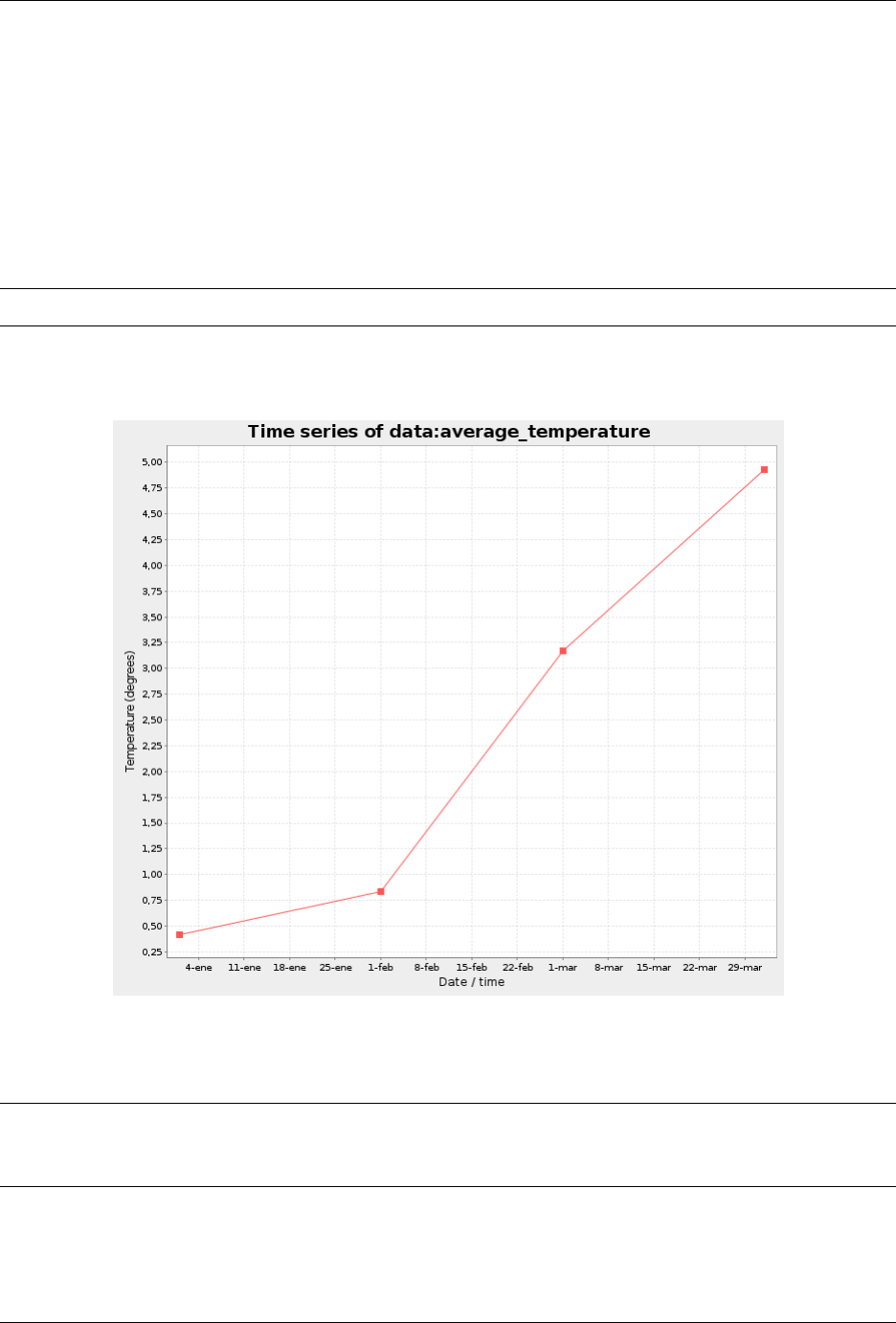
GeoServer User Manual, Release 2.15.1
(b) Skip Failing Resources: If enabled and errors are found during the restore of resources,
skip the resource and go ahead with the restore procedure
6. Restore Executions: Report of running and previously run restore
Performing a full backup via UI
In order to perform a full backup, provide the full path of the target .zip archive where to store the
configuration data.
Note: Please notice that the backup will store just the configuration files and not the original data.
It is also possible to use the Browse instrument to navigate the server folders. In any case the backup
procedure won’t start until it find a valid .zip path archive.
It is possible to select the backup options by enabling the appropriate checkboxes before starting the backup
procedure.
Note: Please notice that while performing a backup or restore task, GeoServer won’t allow users to access
other sections by locking the catalog and configuration until the process has finished. Although it is always
possible to stop or abandon a backup or restore procedure.
At the end of the backup, the user will be redirected to an Execution Summary page
The same page can be accessed also later by clicking an execution link from the main page.
16.24. Backup and Restore Documentation 1887
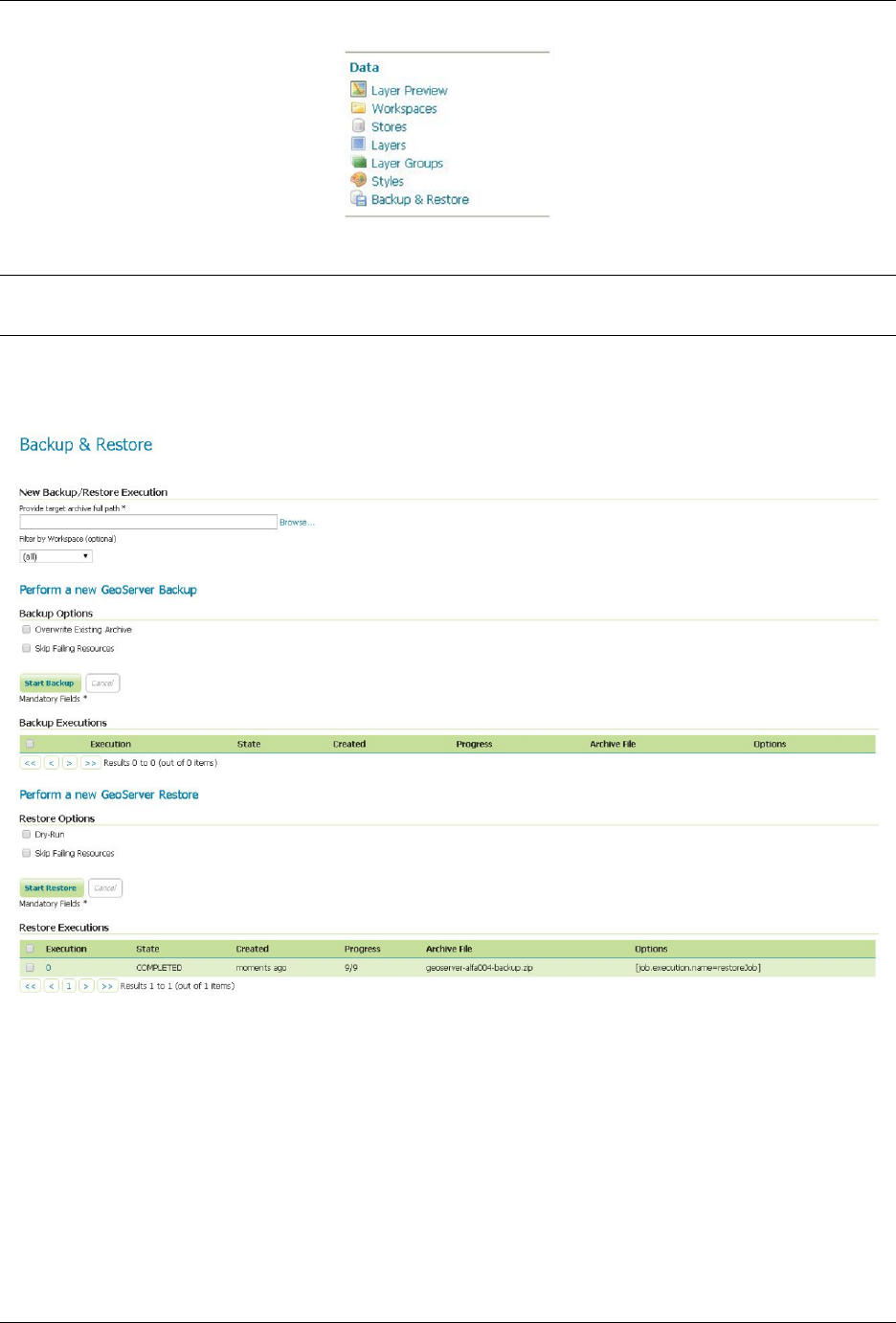
GeoServer User Manual, Release 2.15.1
Note: Please notice that the list of executions is not persisted and therefore it will be reset after a GeoServer
container restart.
At the bottom of the Execution Details page, it’s possible to download the .zip archive directly by
clicking on the Download Archive File link.
In case some running exceptions or warning have been catched by the process, they will be presented on
the execution summary. The Error Detail Level allows to inspect the causes by exposing the stack
trace for each of them.
Restoring via UI
The steps are almost the same of the backup. Just select the .zip archive full path before launching the
restore process.
1888 Chapter 16. Community modules
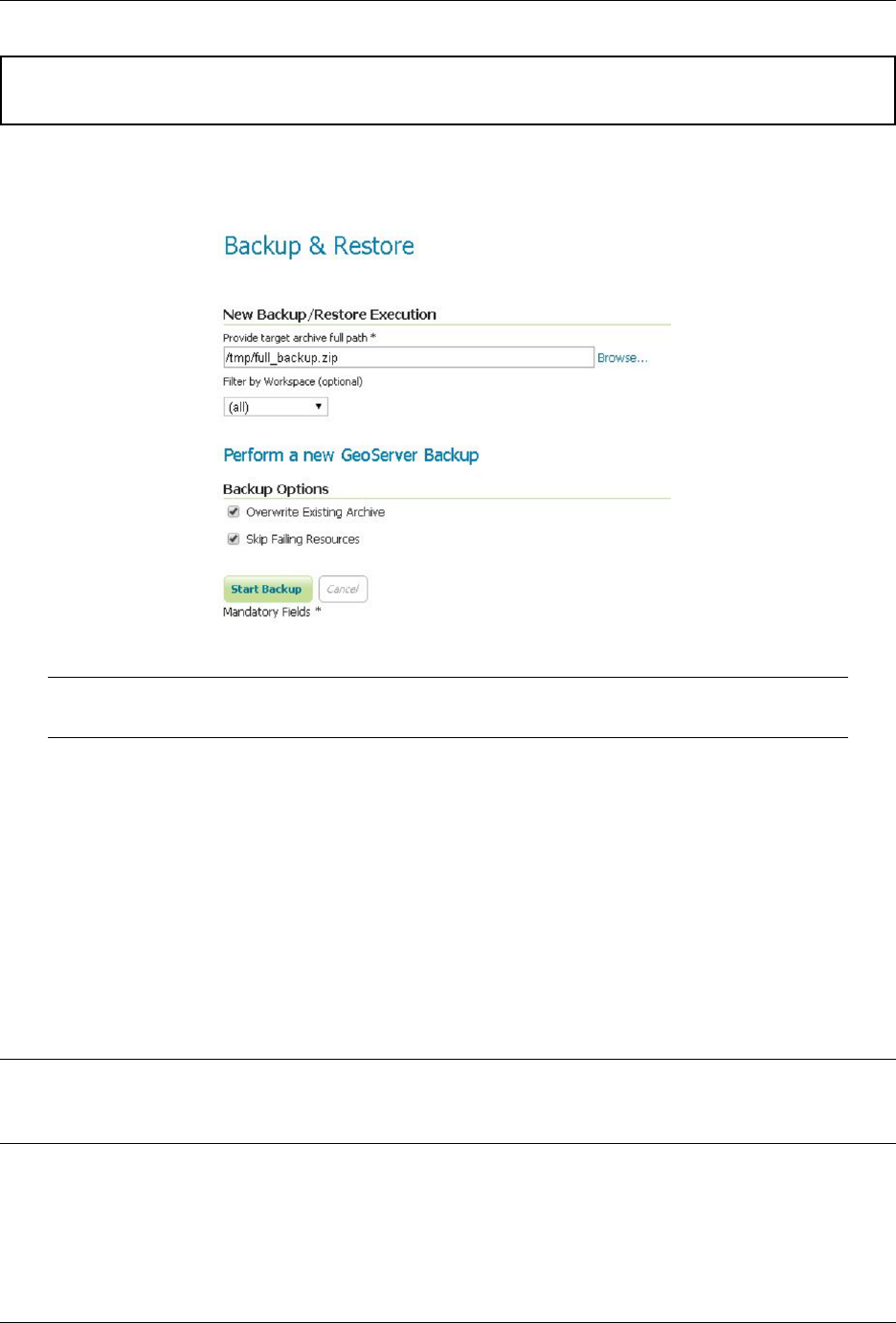
GeoServer User Manual, Release 2.15.1
Warning: Please notice that a non-dry-run restore will lose all your current GeoServer configuration by
replacing it with the new one, so be careful and be sure to backup everything before starting a restore.
DRY-RUN RESTORE
Dry Run option allows a user to test a.zip archive before actually performing a full restore.
Note: Please notice that the dry run should always being executed when trying to restore a
new configuration.
Afailing restore dry-run will appear like this
If some exception occurs, it will be listed on the execution summary page. The original cause
can be inspected by rising up the errors details level and refreshing
Saving/restoring only specific workspaces
It is possible to backup or restore only a subset of the available workspaces in the catalog. From the WEB
interface is currently possible to select all or just one workspace to backup/restore
Through the REST APIs it is possible to filter out also more than one workspaces as explained in the next
sections.
Note: Please notice that from a backup archive containing filtered workspaces won’t be possible to restore
also the missing ones. In order to do that it is advisable to backup the whole catalog and then restore only
the workspaces needed.
16.24.3 Usage Via GeoServer’s REST API
The Backup and Restore REST api consists of a few resources meant to used in an asynchronous fashion:
16.24. Backup and Restore Documentation 1889
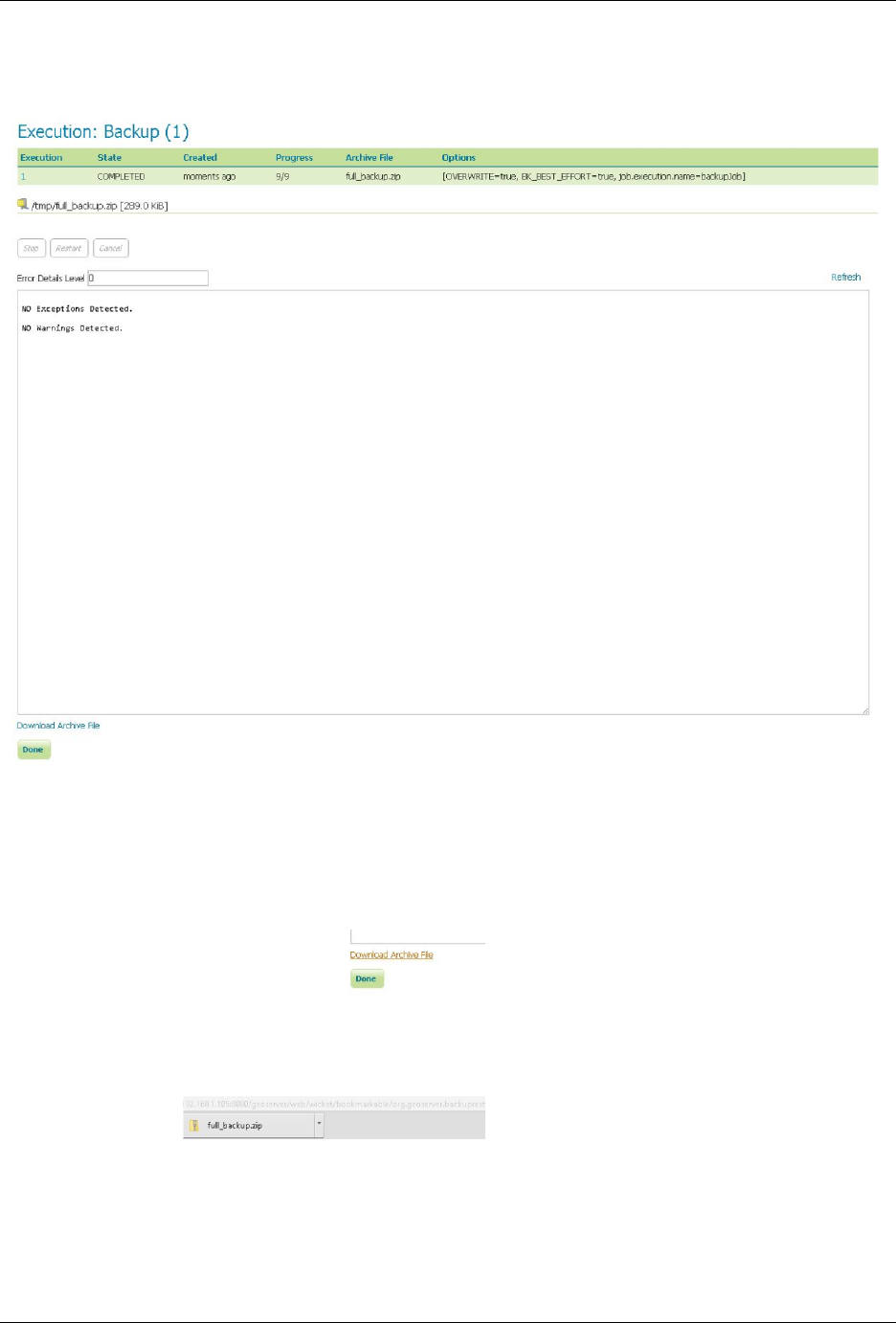
GeoServer User Manual, Release 2.15.1
1890 Chapter 16. Community modules
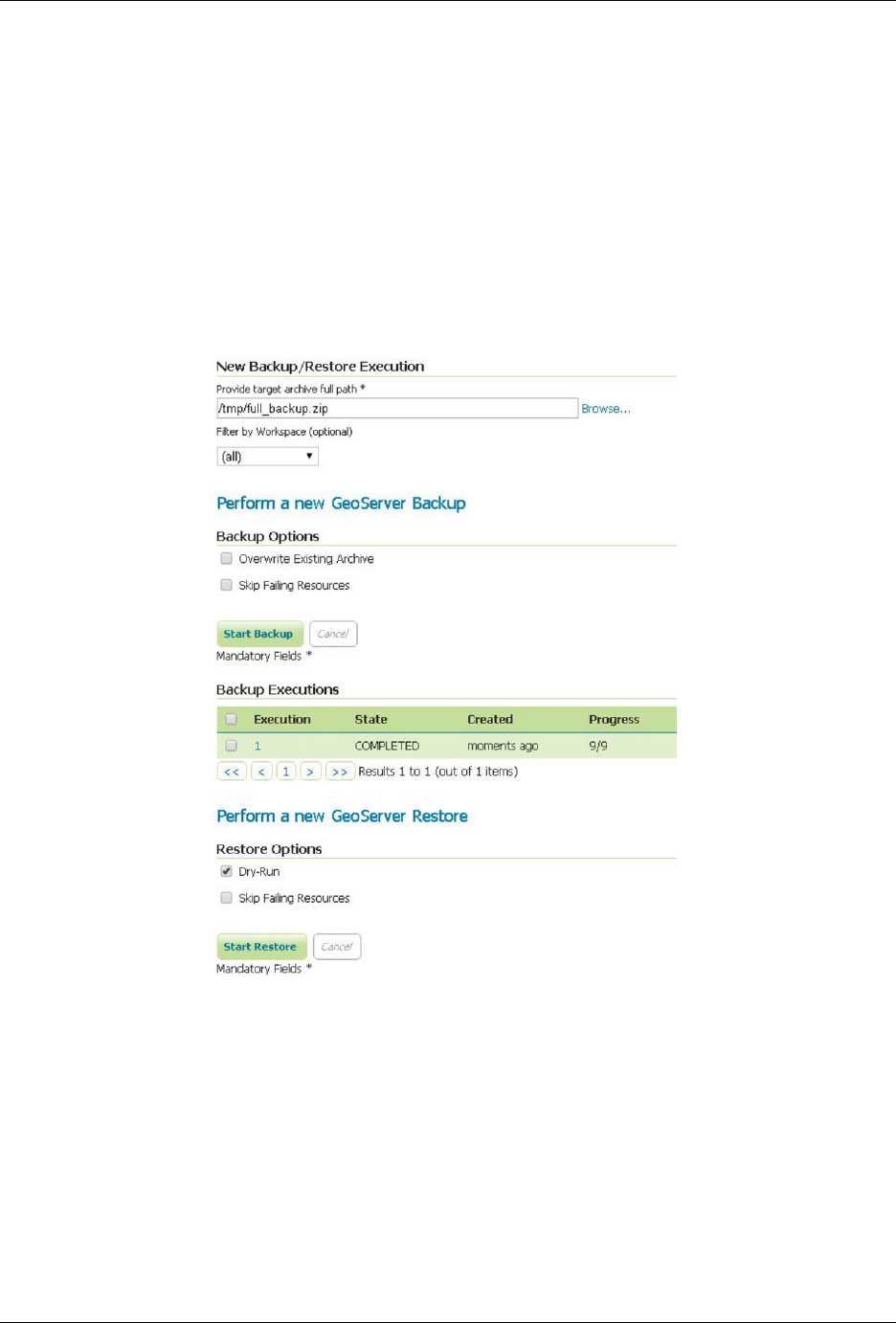
GeoServer User Manual, Release 2.15.1
16.24. Backup and Restore Documentation 1891
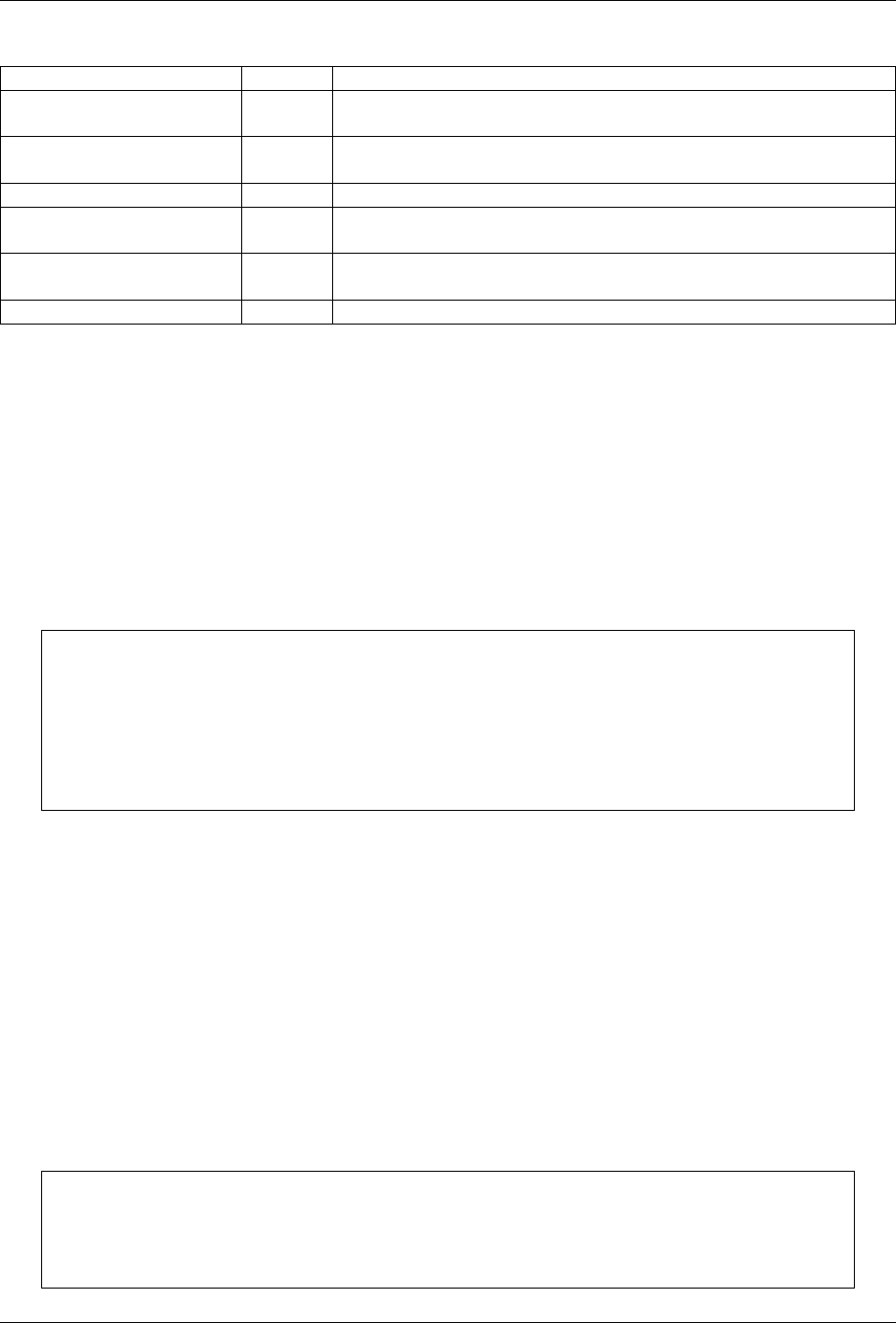
GeoServer User Manual, Release 2.15.1
Resource Method Parameters and Notes
/rest/br/backup/ POST Post a JSON/XML document with the backup parameters, see
below
/rest/br/backup/backupId GET Returns a json/xml representation of the backup operation. See
below
/rest/br/backup/backupId DELETE Cancels the backup operation
/rest/br/restore POST Post a JSON/XML document with the restore parameters, see
below
/rest/br/restore/restoreId GET Returns a json/xml representation of the backup operation, see
below
/rest/br/restore/restoreId DELETE Cancels the restore operation
Usage Example
We are going to use the command line tool cURL to send HTTP REST requests to GeoServer.
The /rest/br/backup/ and /rest/br/restore endpoints accept an optional format suffix that allows
the Backup / Restore archive to be streamed to / from the client instead of being written on / read from
the file system.
Initiate a Backup
Prepare a file containing with a JSON object representing the Backup procedure configuration.
backup_post.json
{
"backup":{
"archiveFile":"/home/sg/BackupAndRestore/test_rest_1.zip",
"overwrite":true,
"options":{
}
}
}
In this case we did not specify any options in the backup configuration so default values will be used.
Available options are:
1. BK_BEST_EFFORT: Skip any failing resources and proceed with the backup procedure
2. BK_PARAM_PASSWORDS: Whether outgoing store passwords should be parameterized in the backup.
With this option set all store passwords will be replaced with a token that looks like ${workspace-
Name:storeName.passwd.encryptedValue}
3. BK_SKIP_SECURITY: _Experimental_. This will exclude security settings from the backup.
4. BK_SKIP_SETTINGS: _Experimental_. This will attempt to exclude most global settings from the
backup, as well as security settings.
Also an optional Filter can be passed to restrict the scope of the restore operation to a list of workspaces.
For example
{
"backup":{
"archiveFile":"/home/sg/BackupAndRestore/test_rest_1.zip",
"overwrite":true,
"options":{
1892 Chapter 16. Community modules
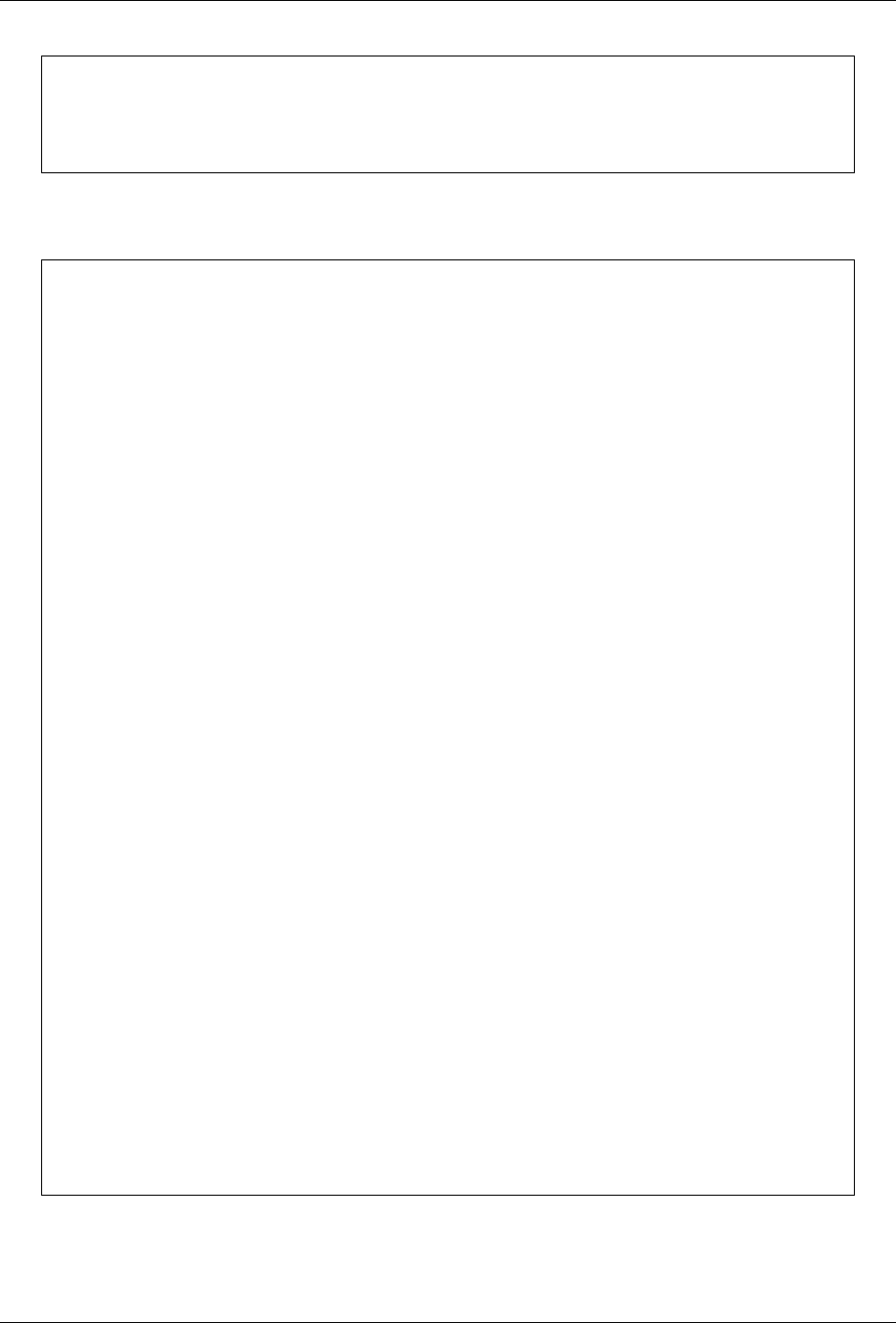
GeoServer User Manual, Release 2.15.1
"option": ["BK_BEST_EFFORT=true"]
},
"filter":"name IN ('topp','geosolutions-it')"
}
}
Backup procedure will be initiated.
Here is a sample response
HTTP/1.1 201 Created
Date: Mon, 01 Aug 2016 14:35:44 GMT
Location: http://mygeoserver/geoserver/rest/br/backup/1
Server: Noelios-Restlet-Engine/1.0..8
Content-Type: application/json
Transfer-Encoding: chunked
{
"backup":{
"totalNumberOfSteps":9,
"execution":{
"id":1,
"version":1,
"stepExecutions":{
"@class":"java.util.concurrent.CopyOnWriteArraySet"
},
"status":[
"STARTED"
],
"startTime":"2016-08-01 14:35:44.802 UTC",
"createTime":"2016-08-01 14:35:44.798 UTC",
"lastUpdated":"2016-08-01 14:35:44.803 UTC",
"exitStatus":{
"exitCode":"UNKNOWN",
"exitDescription":""
},
"progress":"1\/9"
},
"options":{
"@class":"synchList",
"option":[
"OVERWRITE=true"
]
},
"warningsList":{
"@class":"synchList"
},
"archiveFile":{
"@class":"resource",
"$":"\/home\/sg\/BackupAndRestore\/test_rest_1.zip"
},
"overwrite":true
}
}
At the end of the backup procedure you’ll be able to download the generated archive to your local file
system by making an HTTP GET request to the same endpoint, using the backup ID as above and adding
the .zip at the end
16.24. Backup and Restore Documentation 1893
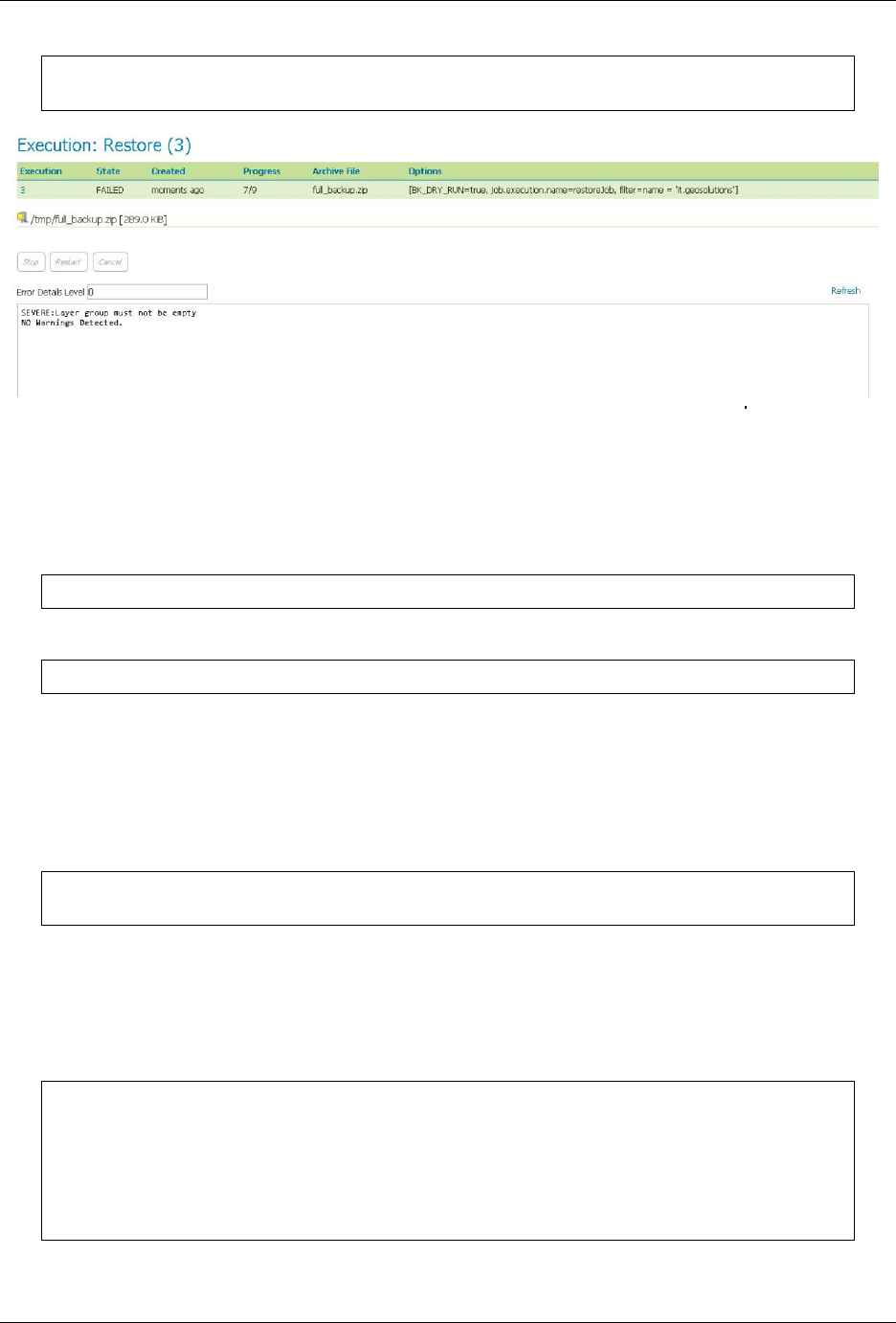
GeoServer User Manual, Release 2.15.1
curl -u"admin:geoserver" -i-X GET "http://mygeoserver/geoserver/rest/br/
,→backup/1.zip" -o1.zip
Query status of Backup executions
Status of the operation can be queried making an HTTP GET request to the location listed in the response,
http://mygeoserver/geoserver/rest/br/backup/$ID.{json/xml}
Replace $ID with the ID of the backup operation you’d like to inspect.
curl -u"admin:geoserver" http://mygeoserver/geoserver/rest/br/backup/1.json
or
curl -u"admin:geoserver" http://mygeoserver/geoserver/rest/br/backup/1.xml
GeoServer will respond with the status of the backup job corresponding to that ID
Here you are able to see the status of all the steps involved in the backup procedure with creation time,
start time, end time, exit status etc.
Cancel a Backup
Cancel an in progress Backup by sending an HTTP DELETE request with the ID of the task
curl -v -XDELETE -u "admin:geoserver" http://mygeoserver/geoserver/rest/br/
,→backup/$ID
Replace $ID with the ID of the backup operation you’d like to cancel.
Initiate a Restore
Prepare a file with a JSON object representing the Restore procedure configuration
restore_post.json
{
"restore":{
"archiveFile":"/home/sg/BackupAndRestore/test_rest_1.zip",
"options":{
}
}
}
1894 Chapter 16. Community modules
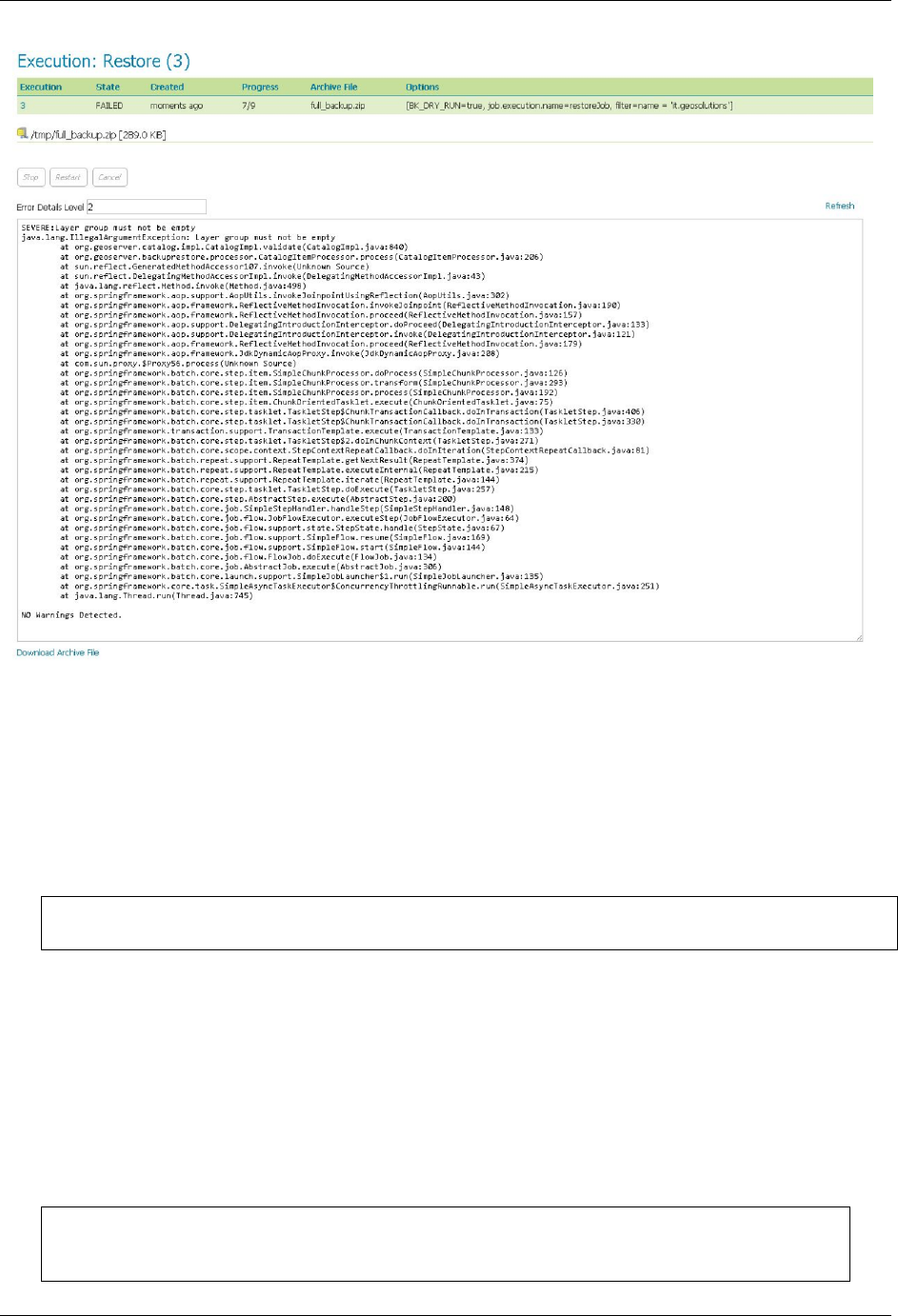
GeoServer User Manual, Release 2.15.1
In this case we did not specify any options in the restore configuration so default values will be used.
Available Options are:
1. BK_DRY_RUN: Only test the archive do not persist the restored configuration
2. BK_BEST_EFFORT: Skip any failing resources and proceed with the restore procedure
3. BK_PASSWORD_TOKENS: A comma separated list of equal sign separated key/values to be replaced
in data store passwords in an incoming backup. For example
BK_PASSWORD_TOKENS=${workspace:store1.passwd.encryptedValye}=foo,$
,→{workspace:store2.passwd.encryptedValue}=bar
4. BK_SKIP_SECURITY: _Experimental_. This will exclude security settings from the restore. Default:
false.
5. BK_SKIP_SETTINGS: _Experimental_. This will attempt to exclude most global settings from the
backup, as well as security settings. Default: false
#. BK_PURGE_RESOURCES: _Experimental_. This will skip deleting incoming resources where possible. In
particular, existing workspaces will not be deleted during the restore. Default: true
Also an optional Filter can be passed to restict the scope of the restore operation to a list of workspaces.
For example
{
"restore":{
"archiveFile":"/home/sg/BackupAndRestore/test_rest_1.zip",
16.24. Backup and Restore Documentation 1895
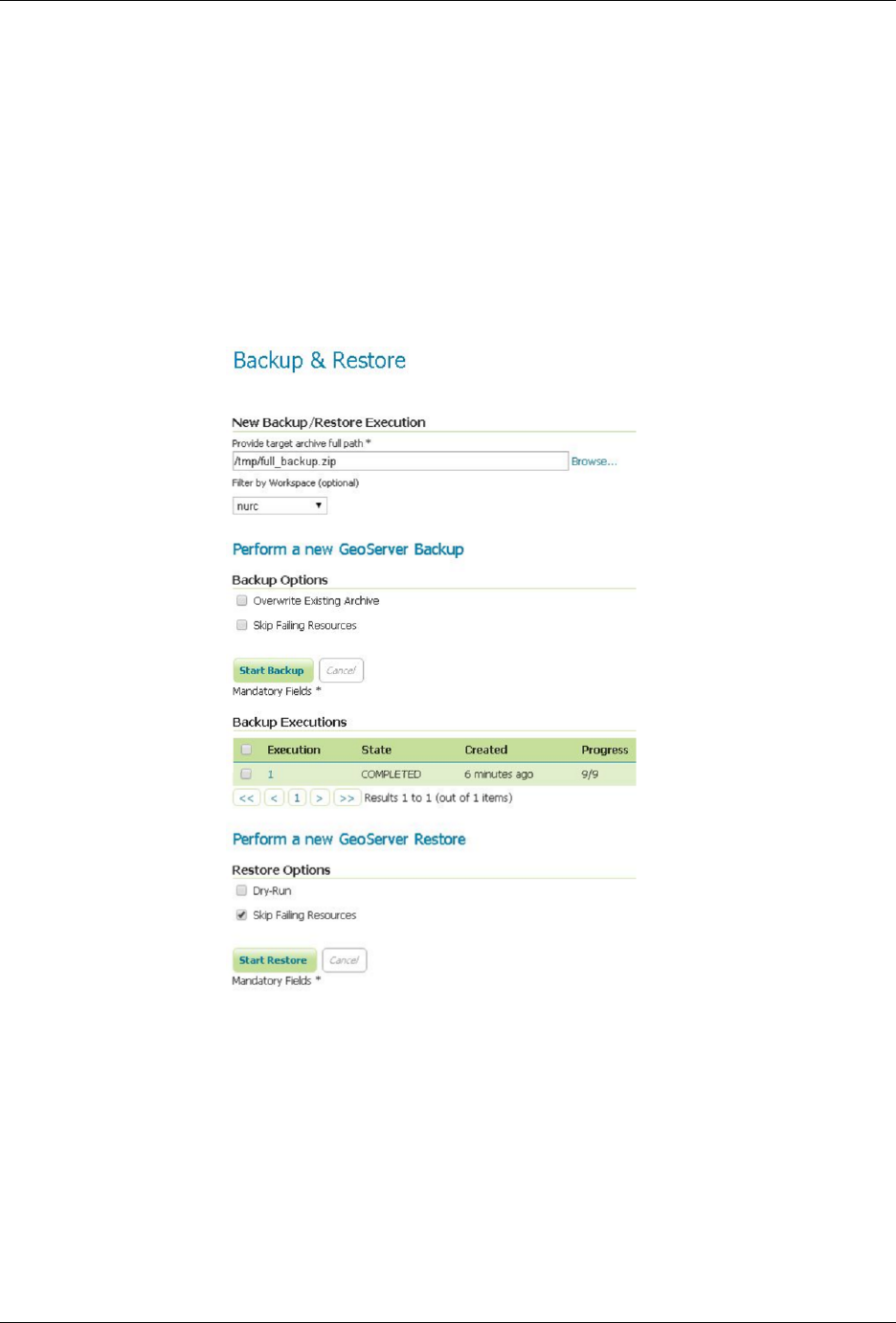
GeoServer User Manual, Release 2.15.1
1896 Chapter 16. Community modules
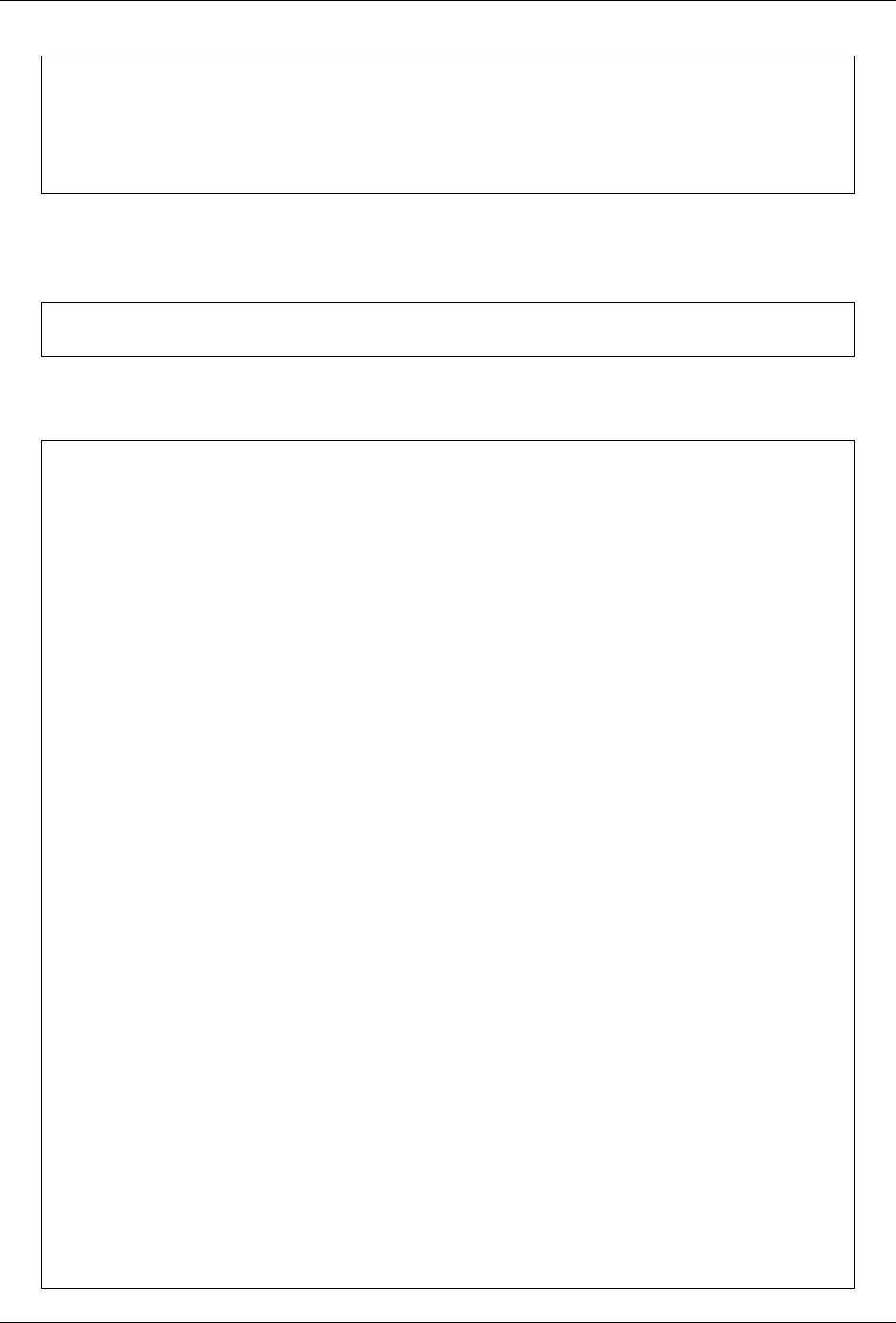
GeoServer User Manual, Release 2.15.1
"options":{
"option": ["BK_DRY_RUN=true"]
},
"filter":"name IN ('topp','geosolutions-it')"
}
}
If archiveFile is specified, the archive specified on that path of the remote file system will be used to
initiate the restore procedure. Otherwise you’re the archive needs to be uploaded from your local system.
Then make a POST HTTP request to GeoServer’s REST interface endpoint for the restore procedure
curl -u"admin:geoserver" -i-H"Content-Type: application/json" -X POST --
,→data @restore_post.json http://mygeoserver/geoserver/rest/br/restore/
Restore procedure will be initiated.
Here is a sample response
HTTP/1.1 201 Created
Date: Mon, 01 Aug 2016 15:07:29 GMT
Location: http://mygeoserver/geoserver/rest/br/restore/2
Server: Noelios-Restlet-Engine/1.0..8
Content-Type: application/json
Transfer-Encoding: chunked
{
"restore":{
"totalNumberOfSteps":9,
"execution":{
"id":2,
"version":1,
"stepExecutions":{
"@class":"java.util.concurrent.CopyOnWriteArraySet"
},
"status":[
"STARTED"
],
"startTime":"2016-08-01 15:07:29.398 UTC",
"createTime":"2016-08-01 15:07:29.393 UTC",
"lastUpdated":"2016-08-01 15:07:29.398 UTC",
"exitStatus":{
"exitCode":"UNKNOWN",
"exitDescription":""
},
"progress":"0\/9"
},
"options":{
"@class":"synchList"
},
"warningsList":{
"@class":"synchList"
},
"archiveFile":{
"@class":"resource",
"$":"\/home\/sg\/BackupAndRestore\/test_rest_1.zip"
}
}
}
16.24. Backup and Restore Documentation 1897
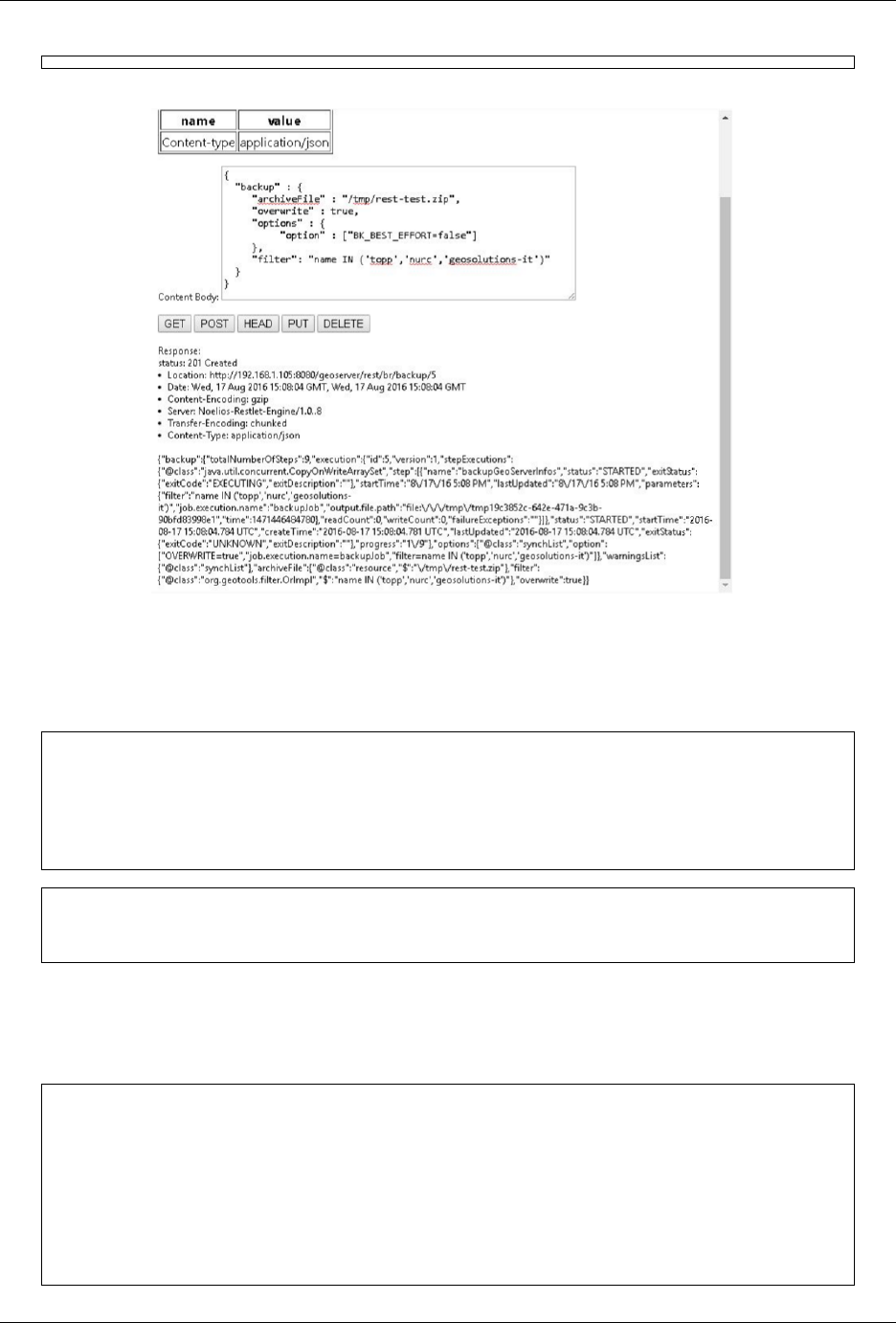
GeoServer User Manual, Release 2.15.1
To upload the archive from our local system instead, omit the archiveFile parameter in the JSON object and
pass the --upload-file parameter to cURL:
restore_post.json
{
"restore":{
"options":{
},
}
}
curl -u"admin:geoserver" -i-H"Content-Type: application/json" --upload-
,→file "archive_to_restore.zip" -X POST --data @restore_post.json http://
,→localhost:8081/geoserver/rest/br/restore/
Local archive_to_restore.zip archive will be uploaded and used by the restore procedure.
Query for status of Restore operations
http://mygeoserver/geoser/restore/$ID.{json/xml}
{
"restore":{
"execution":{
"hash":2,
"key":{
"@class":"long",
"$":"2"
},
"val":{
1898 Chapter 16. Community modules
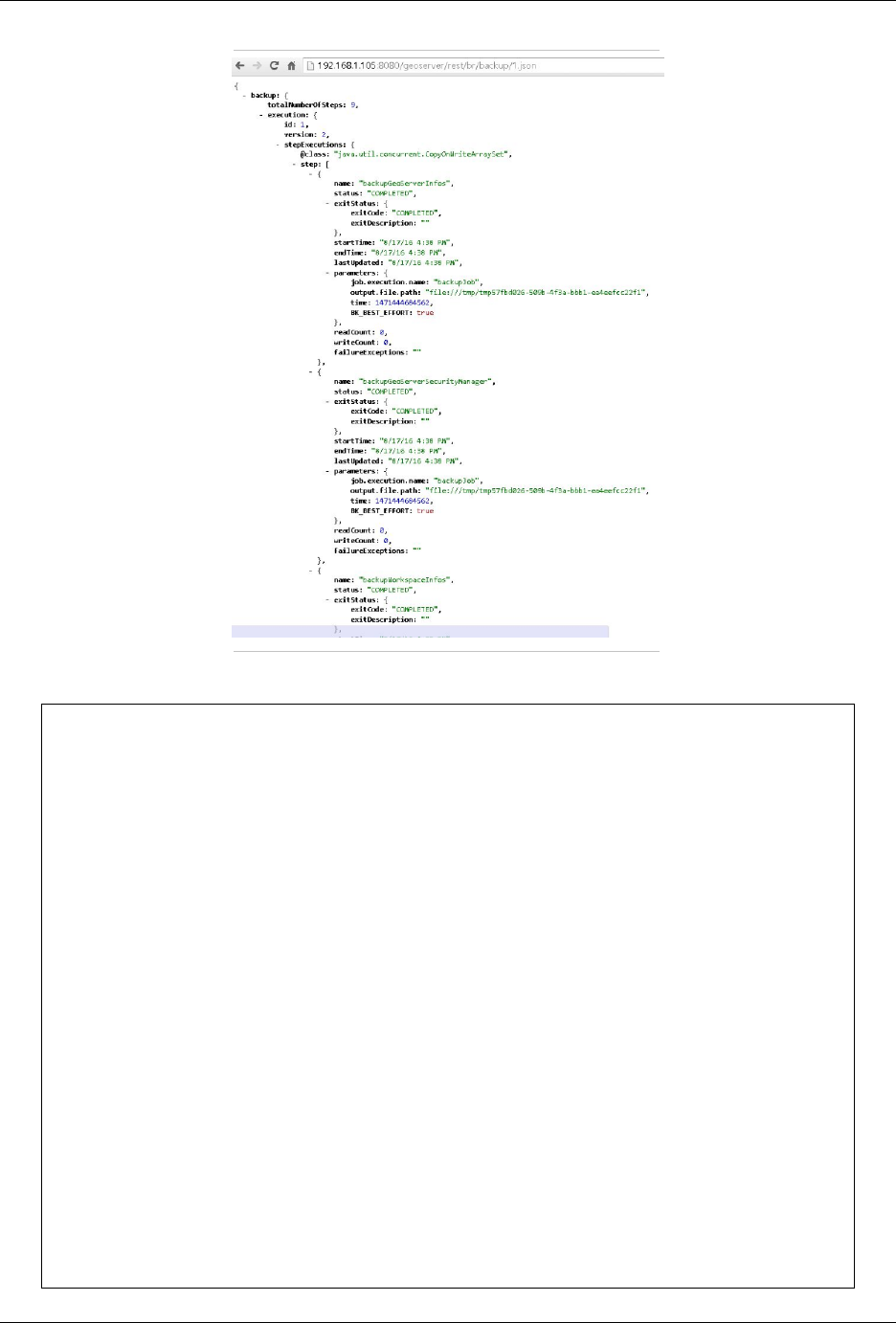
GeoServer User Manual, Release 2.15.1
"@class":"restore",
"totalNumberOfSteps":9,
"execution":{
"id":2,
"version":2,
"stepExecutions":{
"@class":"java.util.concurrent.CopyOnWriteArraySet",
"step":[
{
"name":"restoreNamespaceInfos",
"status":"COMPLETED",
"exitStatus":{
"exitCode":"COMPLETED",
"exitDescription":""
},
"startTime":"8\/1\/16 3:07 PM",
"endTime":"8\/1\/16 3:07 PM",
"lastUpdated":"8\/1\/16 3:07 PM",
"parameters":{
"input.file.path":"file:\/\/\/opt\/tomcat-
,→geoserver-2.9.x\/temp\/tmpbbe2388a-f26d-4f26-a20f-88c653d88aec",
"time":1470064049392
},
"readCount":1,
"writeCount":1,
"failureExceptions":""
},
16.24. Backup and Restore Documentation 1899
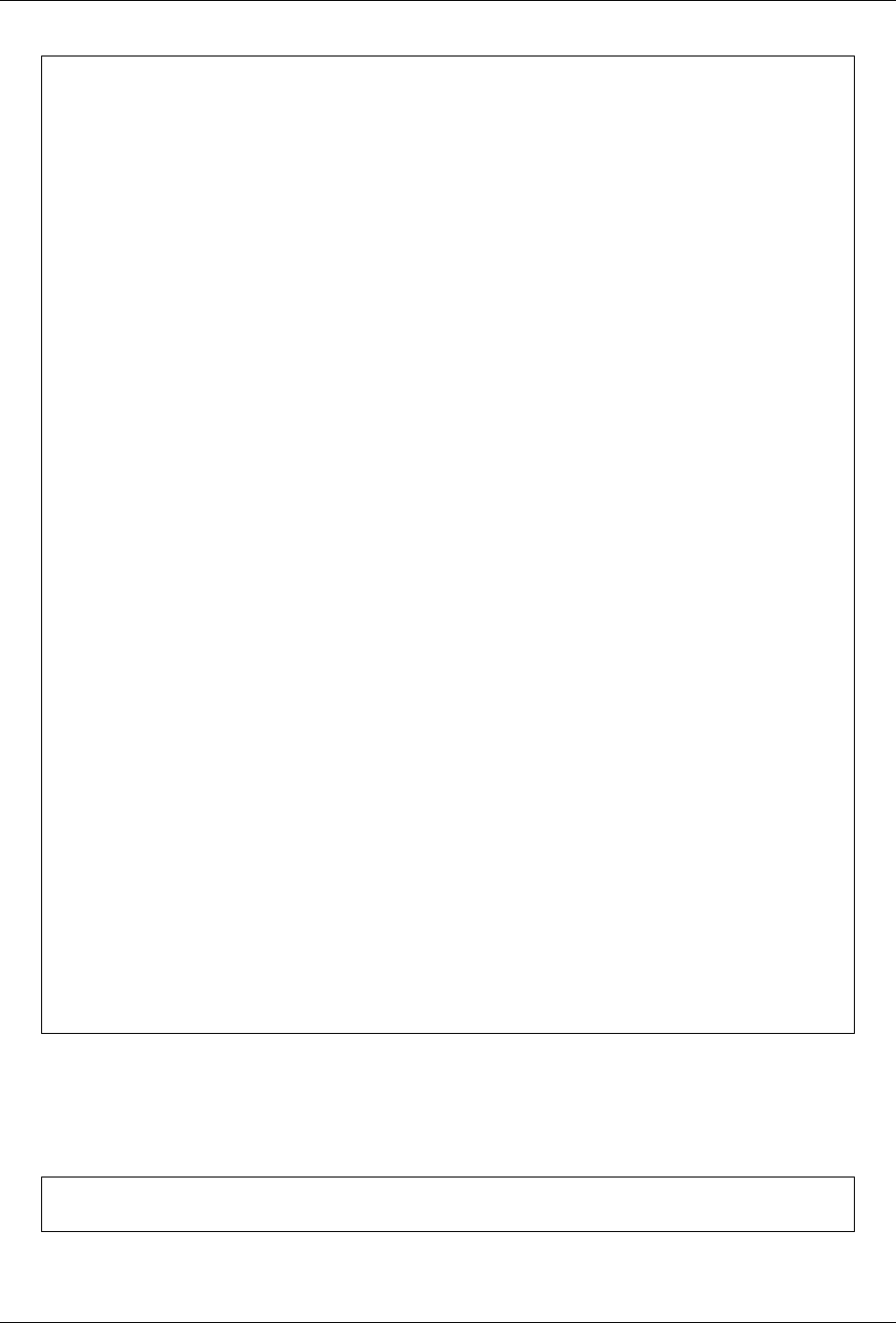
GeoServer User Manual, Release 2.15.1
...
{
"name":"restoreGeoServerSecurityManager",
"status":"COMPLETED",
"exitStatus":{
"exitCode":"COMPLETED",
"exitDescription":""
},
"startTime":"8\/1\/16 3:07 PM",
"endTime":"8\/1\/16 3:07 PM",
"lastUpdated":"8\/1\/16 3:07 PM",
"parameters":{
"input.file.path":"file:\/\/\/opt\/tomcat-
,→geoserver-2.9.x\/temp\/tmpbbe2388a-f26d-4f26-a20f-88c653d88aec",
"time":1470064049392
},
"readCount":0,
"writeCount":0,
"failureExceptions":""
}
]
},
"status":"COMPLETED",
"startTime":"2016-08-01 15:07:29.398 UTC",
"createTime":"2016-08-01 15:07:29.393 UTC",
"endTime":"2016-08-01 15:07:30.356 UTC",
"lastUpdated":"2016-08-01 15:07:30.772 UTC",
"exitStatus":{
"exitCode":"COMPLETED",
"exitDescription":""
},
"progress":"9\/9"
},
"options":{
"@class":"synchList"
},
"warningsList":{
"@class":"synchList"
},
"archiveFile":{
"@class":"resource",
"$":"\/home\/sg\/BackupAndRestore\/test_rest_1.zip"
}
}
}
...
Here you are able to see the status of all the steps involved in the restore procedure with creation time, start
time, end time, exit status etc.
Cancel a Restore
Cancel an in progress Restore by sending an HTTP DELETE request:
curl -v -XDELETE -u "admin:geoserver" http://mygeoserver/geoserver/rest/br/
,→restore/$ID
Replace $ID with the ID of the restore operation you’d like to cancel.
1900 Chapter 16. Community modules
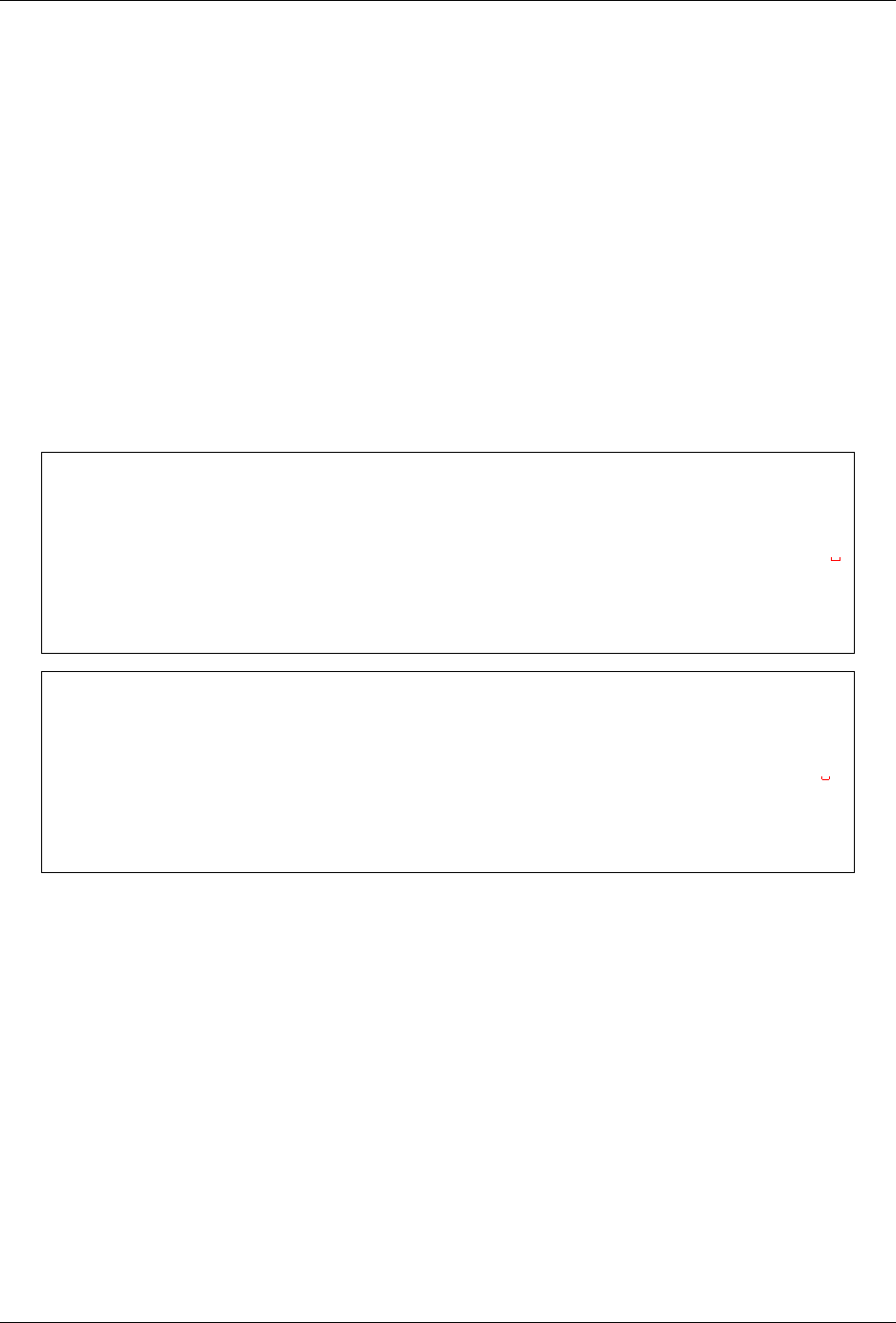
GeoServer User Manual, Release 2.15.1
16.24.4 Backup and Restore Extension for the management of ImageMosaic index-
ers
Introduction
ImageMosaics CoverageStores make use of several .properties files instructing the reader on how to create
the mosaic index.
What we want to achieve is to allow the GeoServer Backup & Restore module to inject environment prop-
erties on indexers allowing the ImageMosaic to be automatically ported among different environments.
Technical Details
The GeoServer Backup & Restore module actually provides an extension point on reading / writing allow-
ing GeoServer to handle additional resources related to a particular ResourceInfo.
The interfaces
public interface CatalogAdditionalResourcesWriter<T>{
public boolean canHandle(Object item);
public void writeAdditionalResources(Backup backupFacade, Resource base,
,→T item)
throws IOException;
}
public interface CatalogAdditionalResourcesReader<T>{
public boolean canHandle(Object item);
public void readAdditionalResources(Backup backupFacade, Resource base,
,→T item)
throws IOException;
}
Is invoked by the CatalogFileWriter (when doing a Backup) and the CatalogItemWriter (when
doing a Restore) after a successful write of the resource configuration on the, respectively, target backup
folder and in-memory catalog.
The idea is the following one allowing the CatalogItemWriter to:
1. Restore the ImageMosaic Indexer Properties injecting environment properties
2. Check if the Mosaic index physically exist and if not create an empty one
In order to do that we envisage the following technical approach
On a BACKUP operation
1. The Additional Resource Writer checks if the ResourceInfo is an ImageMosaic Coverage Store.
2. The Additional Resource Writer looks for *.template files on the ImageMosaic index directory. It
must store them into the zip archive by reading the path from the Coverage Store.
3. The Additional Resource Writer stores the *.template along with the *.properties files on the
target backup folder. Same as above.
16.24. Backup and Restore Documentation 1901
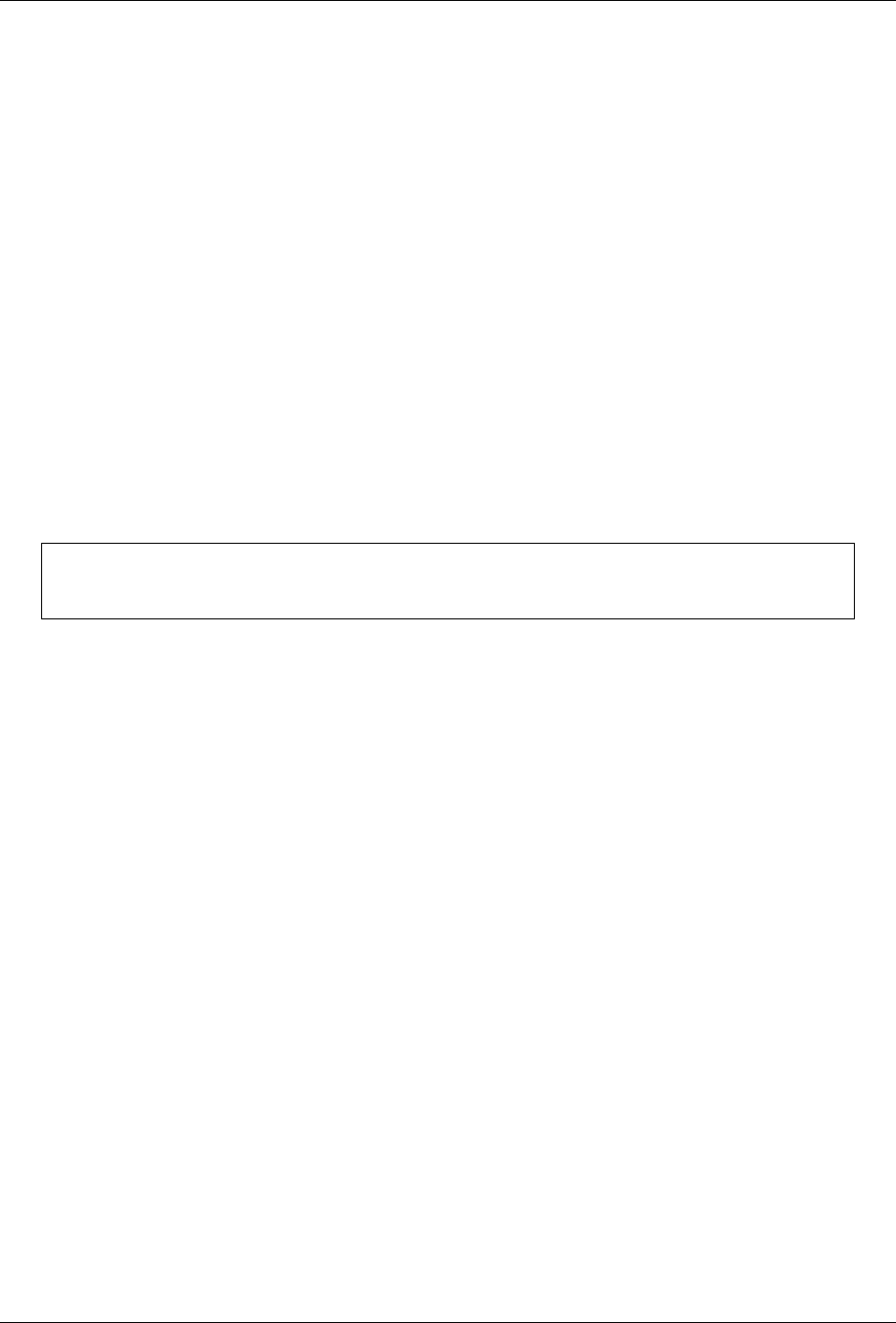
GeoServer User Manual, Release 2.15.1
On a RESTORE operation
1. The Additional Resource Reader checks if the ResourceInfo is an ImageMosaic Coverage Store.
2. The Additional Resource Reader looks for *.template files on the ImageMosaic index directory. It
will try to restore them by using the path read from the Coverage Store configuration.
3. The Additional Resource Reader overwrites the *.properties files by resolving all the environment
properties declared on the templates.
4. The Additional Resource Reader checks if the empty mosaic must be created or not.
16.24.5 Use Cases
Database vs. Shapefile based indexer
When using a DataBase as backend storage for the mosaic index, a datastore.properties file is present
on the mosaic folder containing the connection parameters.
In case the user wants to parametrize this, he must create a .template datastore properties file containing
all the properties of the original one but using placemarks as parametric values.
As an instance:
host=${mosaic1.jdbc.host}
port=${mosaic1.jdbc.port}
...
The backup and restore extension will save on the archive both the original .properties and the .
template
When restoring, the extension will overwrite the .properties by using the .template and substituting
the placemarks with the correct environment property values.
When using a shapefile as backend for the index the shapefile itself will be created once again by the mosaic
when performing the first harvest operation.
Database Connection Parameters vs. JNDI
This use case is similar to the previous one, except for the fact that instead of parameters like host and port
we will have a parametric JNDI name.
Indexer files and regex
The approach will be exactly the same of the datastore.properties.
Is is worth notice that the backup extension will overwrite only the files having a corresponding .
template prototype.
Granules stored on the same mosaic folder vs. absolute path
This won’t impact the backup and restore at all, since it will never dumps data into the final archive.
It is important, however, that the absolute paths are parametric similar to the connection parameters ex-
plained above.
1902 Chapter 16. Community modules

GeoServer User Manual, Release 2.15.1
Dealing with non-existing indexes on the target restored environment
It is possible that when restoring the ImageMosaic the index does not exist on the target environment.
The backup and restore extension should perform a double check once restored the datastore.
properties file trying to access the index store.
1. In case of failure, i.e. the extension cannot connect to the datastore, the resource will fail.
2. In case the datastore is accessible but the index does not exist, the plugin will create an empty mosaic
on the catalog instead of failing.
16.25 OneLogin Authentication Filter
This plugin adds to GeoServer the support for SAML based Single Sign On (SSO), a process that allows
users to authenticate themselves against an external Identity Provider (such as OneLogin) rather than ob-
taining and using a separate username and password handled by GeoServer.
What you will need is an account in OneLogin: https://www.onelogin.com/ that will handle the sign-in
process and will eventually provide the authentication credentials of your users to GeoServer.
GeoServer users authenticated through OneLogin are handled from OneLogin and any change performed
on the account is used by GeoServer. The only user data that is necessary for GeoServer is a unique identifier
for each user.
User’s email is used by default as a unique identifier for each user. GeoServer does not store passwords.
16.25.1 OneLogin Configuration
Actually GeoServer is not present within the OneLogin application catalog so we can use the OneLogin
SAML test connector. For more details about configuring the SAML Test Connector follow the guide at:
https://support.onelogin.com/hc/en-us/articles/202673944-How-to-Use-the-OneLogin-SAML-Test-Connector
In the example we assume that GeoServer URL is http://localhost:8080/geoserver, if you have a specific
domain for geoserver use it instead.
On the SAML Test Connector (IdP) configuration page, use the following values as parameters:
Parameter Value
RelayState empty
Audience GeoServer
Recipient http://localhost:8080/geoserver/saml/SSO
ACS URL Validator ^http://localhost:8080/geoserver/saml/SSO$
ACS URL http://localhost:8080/geoserver/saml/SSO
Single Logout URL http://localhost:8080/geoserver/saml/SingleLogout
Then, write down the Metadata URL you found in the Issuer URL field of the SSO Configuration page:
16.25.2 Configuring the OneLogin Authentication Filter
1. Start GeoServer and login to the web admin UI as the admin user.
2. Click the Authentication link located under the Security section of the navigation sidebar.
16.25. OneLogin Authentication Filter 1903
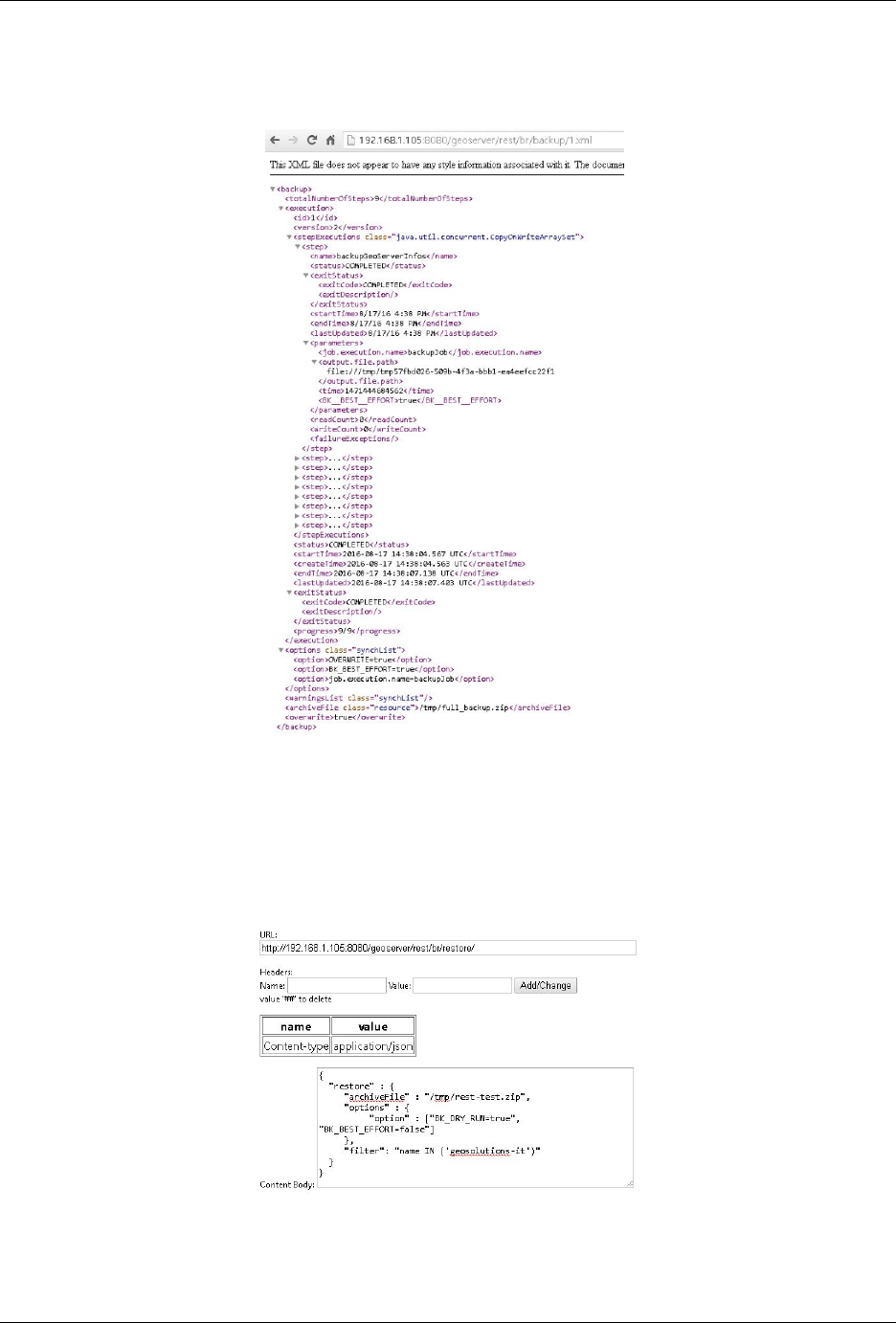
GeoServer User Manual, Release 2.15.1
1904 Chapter 16. Community modules
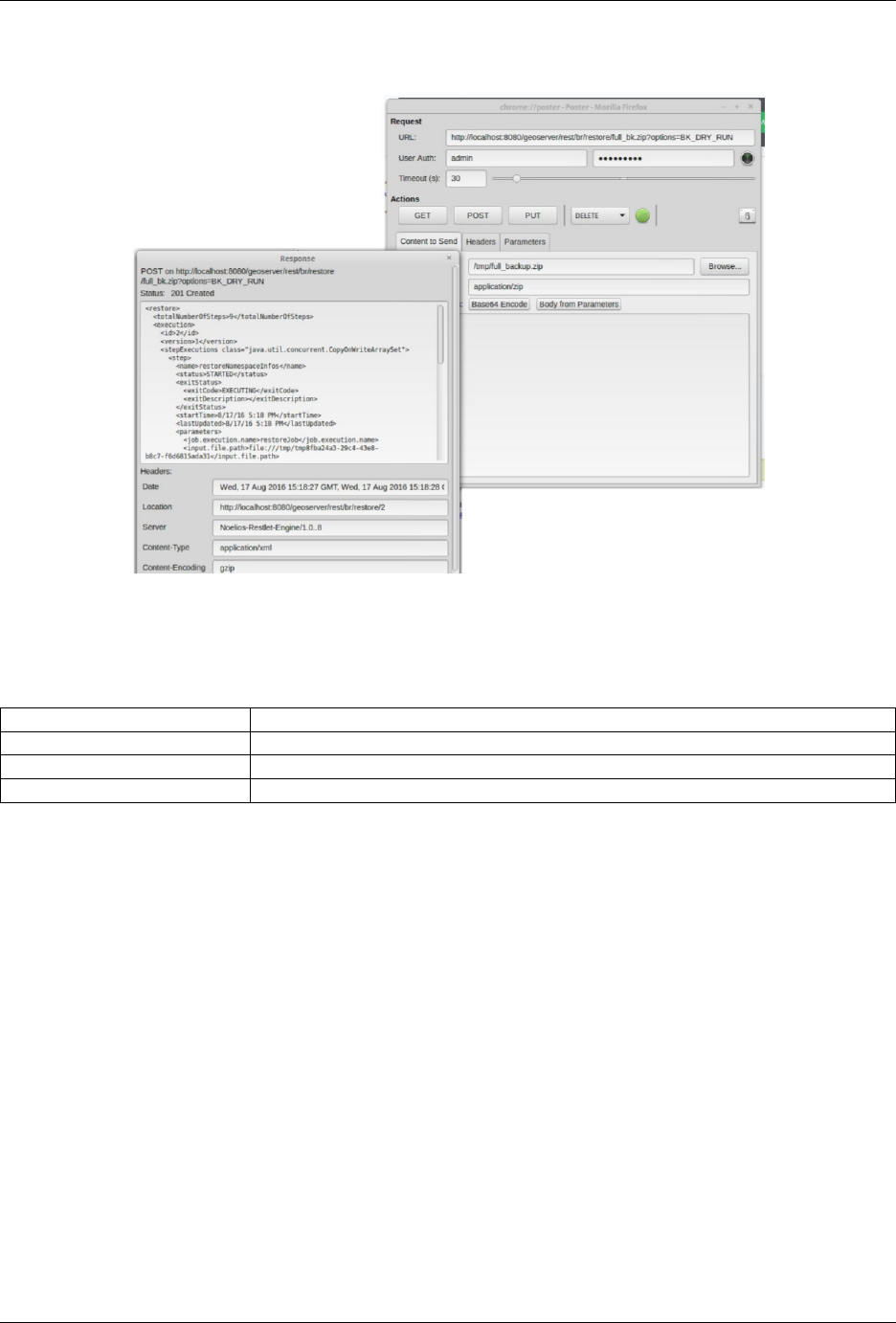
GeoServer User Manual, Release 2.15.1
3. Scroll down to the Authentication Filters panel and click the Add new link.
4. Click the OneLogin link.
5. Fill in the fields of the settings form as follows; you can use GeoServer role sources to assign a specific
group or role to OneLogin user. OneLogin user email must be mapped to GeoServer user name.
Parameter Value
Name OneLogin (or any other unique name)
Identity provider identifier Same value of Audience field on OneLogin configuration panel
SAML metadata URL Put here the Metadata URL copied from the OneLogin configuration panel
6. Update the filter chains by adding the new OneLogin filter.
7. Select the OneLogin Filter for each filter chain you want to protect with OneLogin (for example web)
16.25.3 Testing with OneLogin
1. Navigate to the GeoServer home page and log out of the admin account.
2. Try to login again, you should be able now to see the external OneLogin form.
3. You can manage users using OneLogin panel located at https://admin.us.onelogin.com/users
16.26 WMTS Multidimensional
This module implements the WMTS multidimensional domain discovery extensions as proposed in this
document.
This documentation will be very practical, is highly recommended to read the document linked above for
a better understanding of the implemented multidimensional domain discovery extensions.
16.26. WMTS Multidimensional 1905
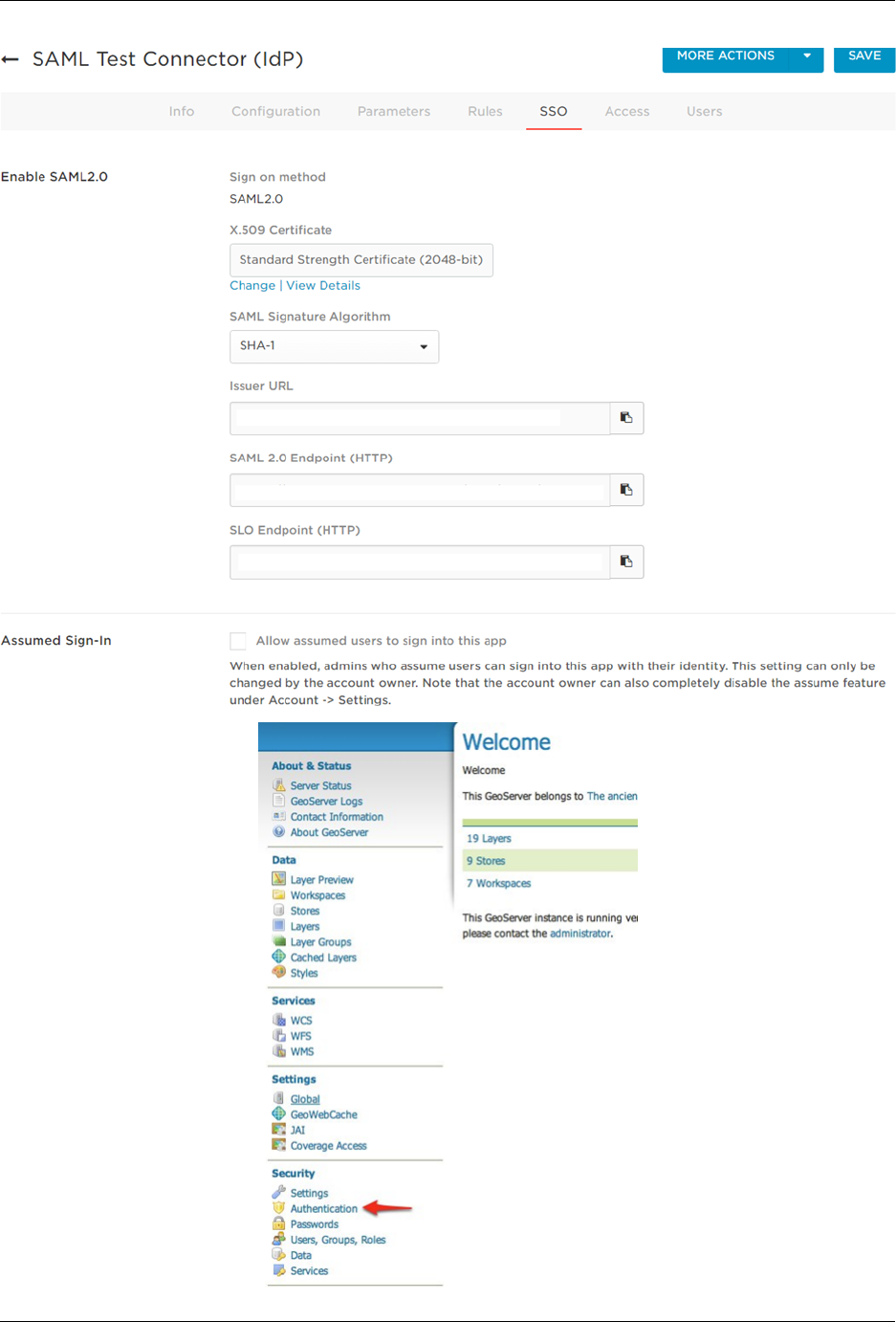
GeoServer User Manual, Release 2.15.1
1906 Chapter 16. Community modules
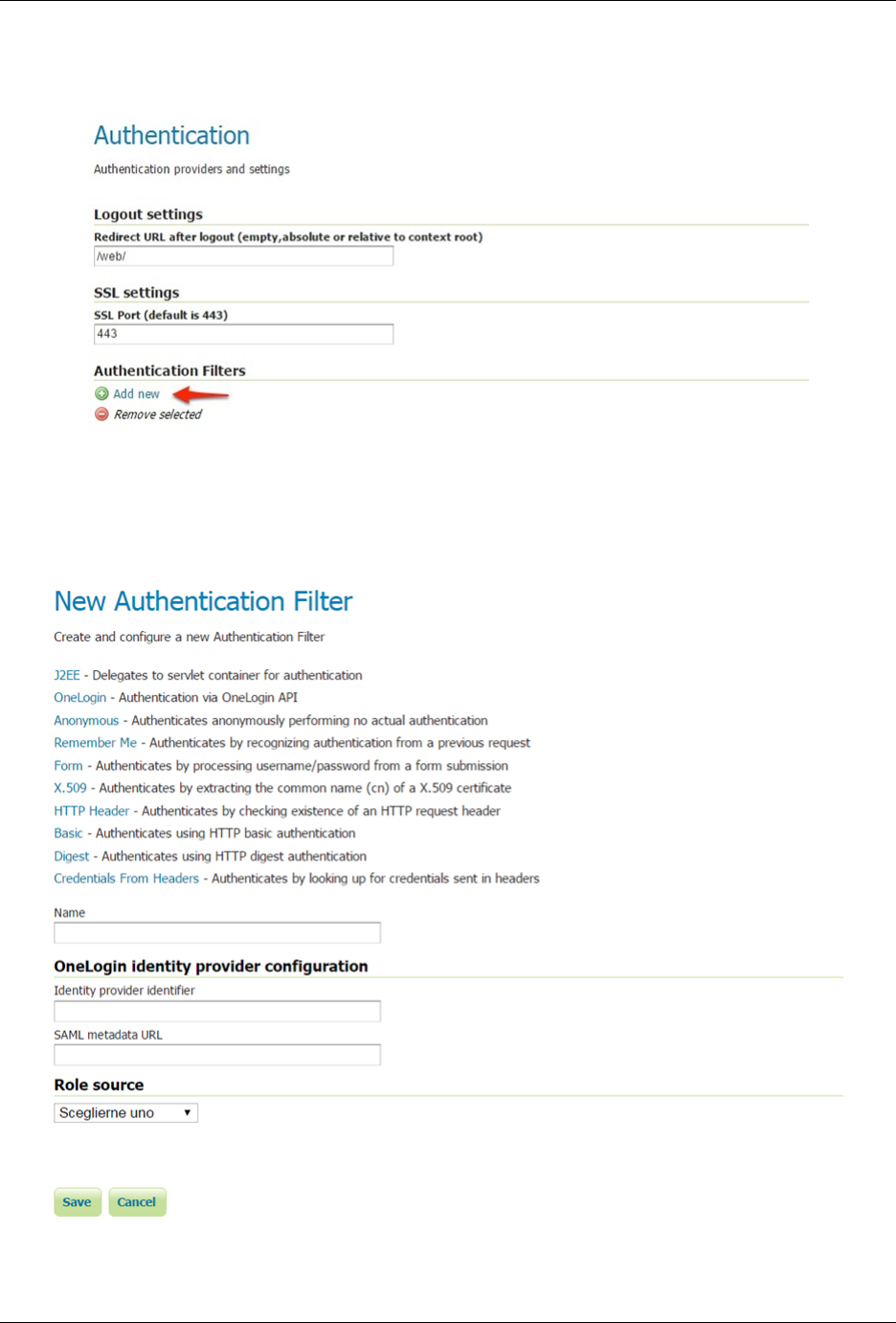
GeoServer User Manual, Release 2.15.1
16.26. WMTS Multidimensional 1907
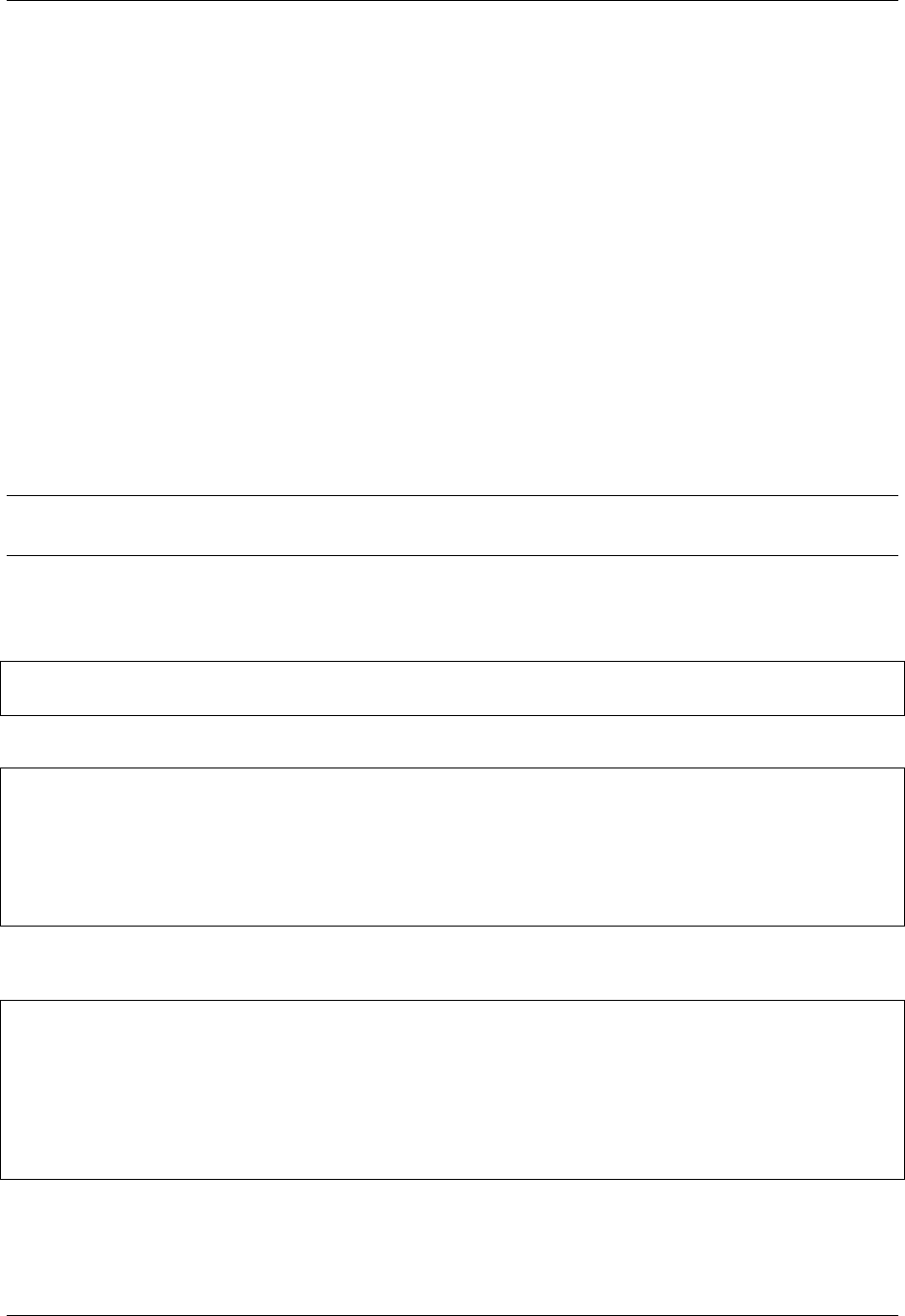
GeoServer User Manual, Release 2.15.1
All described operations including is optional parameters and other extensions were implemented, only
the the REST interfaces for the domain discovery operations were not implemented.
The GetFeature operation only supports the profile GML 3.1 as feature info format (“applica-
tion/gml+xml; version=3.1”) and the GetHistogram operation only supports text/xml as output for-
mat.
This module support well defined dimensions like elevation and time and also custom dimensions.
16.26.1 Installing
This is a community module, which means that it will not be available in the GeoServer official releases and
needs to be installed manually.
This module can be installed following these steps:
1. Download this module package from the nightly builds, the module version should match the desired
GeoServer version.
2. Extract the contents of the package into the WEB-INF/lib directory of the GeoServer installation.
Note: The profile wmts-multidimensional can be used to build GeoServer with this module activated,
e.g. mvn clean install -Pwmts-multidimensional -T4 -DskipTests.
A simple DescribeDomains request can be used to test if the module was correctly installed, the re-
quest can be made against any layer known by the WMTS service. For example, using the demo layer
tiger:poly_landmarks shipped with GeoServer:
http://localhost:8080/geoserver/gwc/service/wmts?REQUEST=DescribeDomains&Version=1.0.
,→0&Layer=tiger:poly_landmarks&TileMatrixSet=EPSG:4326
The result should be similar to the following, this layer doesn’t have any domains:
<?xml version="1.0" encoding="UTF-8"?><Domains xmlns="http://demo.geo-solutions.it/
,→share/wmts-multidim/wmts_multi_dimensional.xsd" xmlns:ows="http://www.opengis.net/
,→ows/1.1">
<SpaceDomain>
<BoundingBox CRS="EPSG:4326" minx="0.0" miny="0.0" maxx="-1.0" maxy="-1.0"/>
</SpaceDomain>
</Domains>
If the module is not correctly installed the result will be an exception saying that this operation is not
available:
<ExceptionReport version="1.1.0" xmlns="http://www.opengis.net/ows/1.1"
xmlns:xsi="http://www.w3.org/2001/XMLSchema-instance"
xsi:schemaLocation="http://www.opengis.net/ows/1.1 http://geowebcache.org/schema/
,→ows/1.1.0/owsExceptionReport.xsd">
<Exception exceptionCode="OperationNotSupported" locator="request">
<ExceptionText>describedomains is not implemented</ExceptionText>
</Exception>
</ExceptionReport>
1908 Chapter 16. Community modules
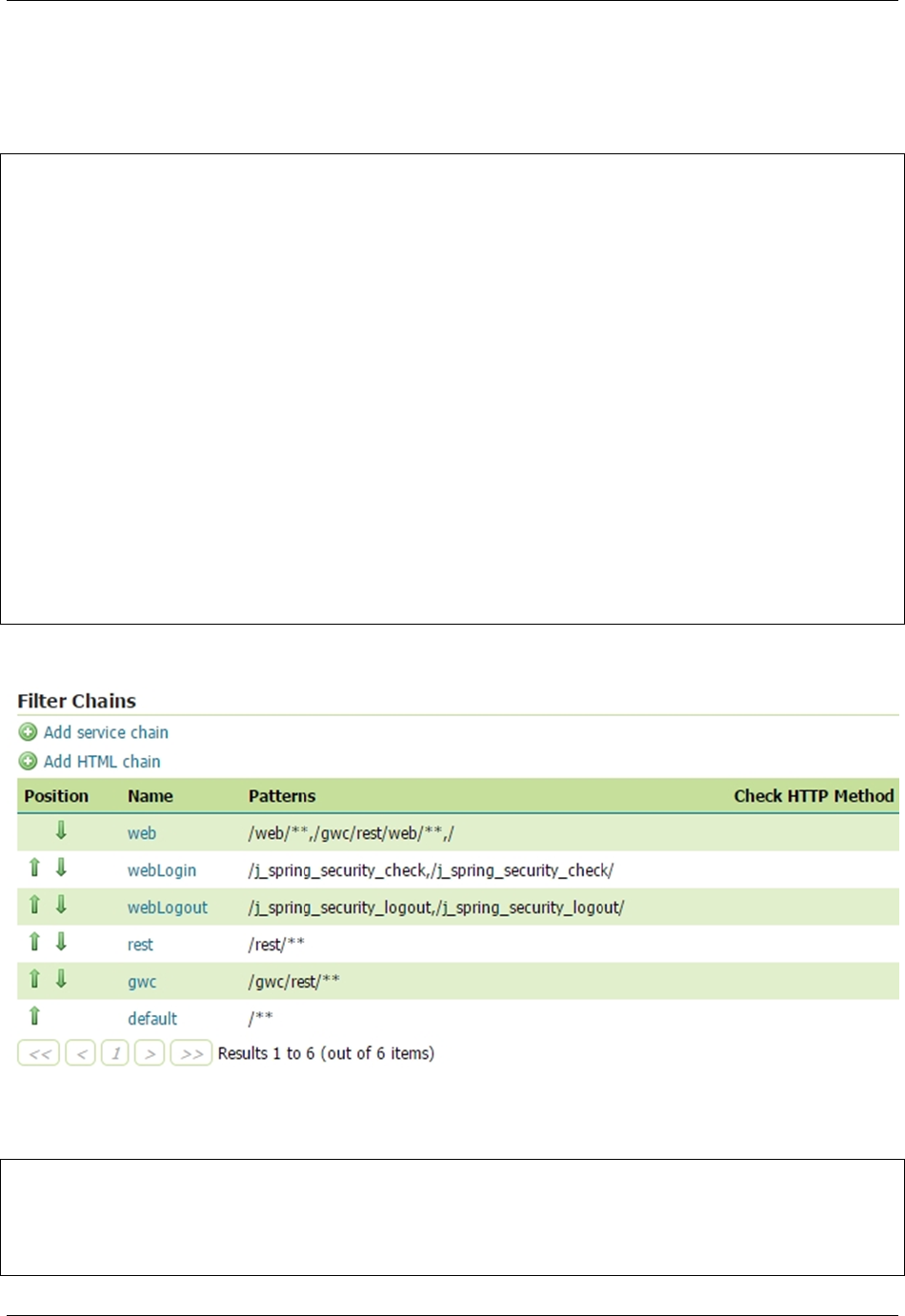
GeoServer User Manual, Release 2.15.1
16.26.2 GetCapabilities
The default behavior of WMTS is to list in the capabilities document all the values available in a certain
dimension, something like this:
<Dimension>
<ows:Identifier>elevation</ows:Identifier>
<Default>0.0</Default>
<Value>0.0</Value>
<Value>200.0</Value>
<Value>400.0</Value>
<Value>600.0</Value>
<Value>800.0</Value>
<Value>1000.0</Value>
<Value>1200.0</Value>
<Value>1400.0</Value>
<Value>1600.0</Value>
<Value>1800.0</Value>
<Value>2000.0</Value>
<Value>3000.0</Value>
<Value>4000.0</Value>
<Value>5000.0</Value>
<Value>6000.0</Value>
<Value>7000.0</Value>
<Value>8000.0</Value>
<Value>9000.0</Value>
</Dimension>
This module will instead take into account the presentation mode selected by the user:
With the presentation mode select to Continuous interval or Resolution and interval we will
instead see something like this:
<Dimension>
<ows:Identifier>elevation</ows:Identifier>
<Default>0.0</Default>
<Value>0.0--9000.0</Value>
</Dimension>
16.26. WMTS Multidimensional 1909
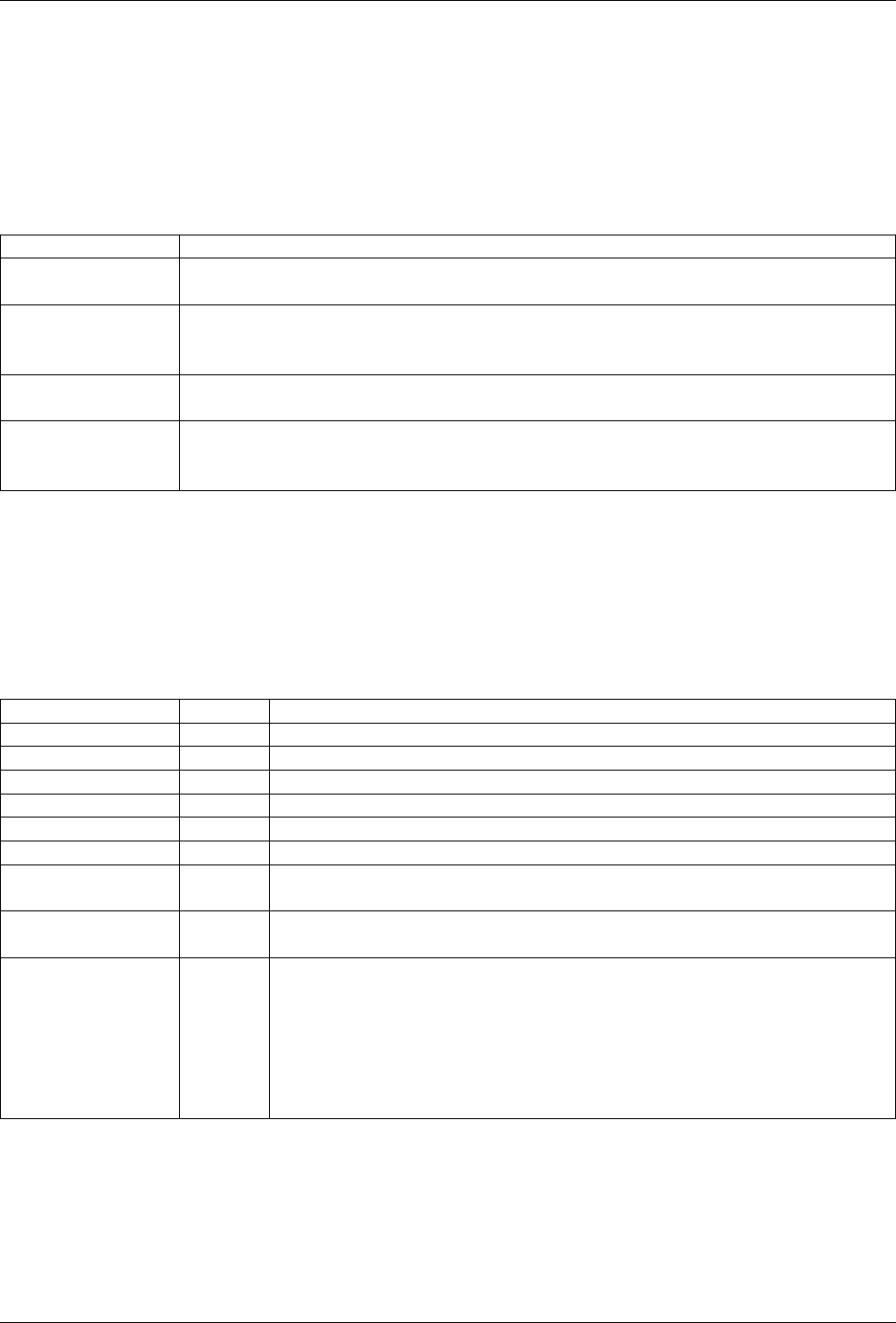
GeoServer User Manual, Release 2.15.1
Descriptions for the new introduced operations and associated formats will also be added to the capabilities
document.
16.26.3 Operations
This module adds three new operations to the WMTS service that are described in detail in this document:
Operation Description
DescribeDomains Describes all the dimension domains in a compact document, along with the re-
stricted bounding box of the two dimensional space intercepted by the request.
GetDomainValues Allows to page through domain values (supplements DescribeDomains in case the
domain has too many values, and the client still wants to get all of them, one page
at a time)
GetHistogram Given a scattered domain description and an interval, this operation divides the
interval in regular buckets, and provides an item count for each bucket.
GetFeature Enumerate the actual dimension possible values combinations, returns a list of fea-
tures along with dimension values using the same formats as the feature info oper-
ation (“application/gml+xml; version=3.1”).
Note that currently there is no restful implementations of this operations.
DescribeDomains
This operation is useful to understand which domains are available in our layer dimensions and how they
relate to each other. The parameters available for this operation are:
Name MandatoryDescription
Service=WMTS Yes Service type identifier
Request=DescribeDomainsYes Operation name
Version=1.0.0 Yes Standard and schema version for this operation
Layer Yes Layer identifier
TileMatrixSet Yes Tile matrix set identifier
bbox=minx,miny,maxx,maxyNo Bounding box corners (lower left, upper right) in CRS units
DimensionIdentifier No At most one per dimension, a range described as min/max, restricting
the domain of this dimension
Domains No A comma separated list of domain names to be returned, in case only a
subset is required. The space domain is identified by “bbox”.
ExpandLimit No A numerical value, greater or equal to zero. If the number of unique
domain values is below ExpandLimit then the domain with be repre-
sented in full, as a comma separated list of values, otherwise in compact
form, as start--end. The server assumes a built-in limit of 200 in case
not specified, and allows client to specify a value up to 10000, values can
be tuned via the user interface, in the WMTS panel (server defaults) and
on a layer by layer basis.
The bbox parameter allows the client to restrict the DescribeDomains operation to a certain spatial area,
by default the layer extent will be used.
The DimensionIdentifier parameter can be used to restrict the domain values of a certain dimension,
this is useful to answer questions like which elevations values are available in a specific day.
A simple DescribeDomains request will look like this:
1910 Chapter 16. Community modules
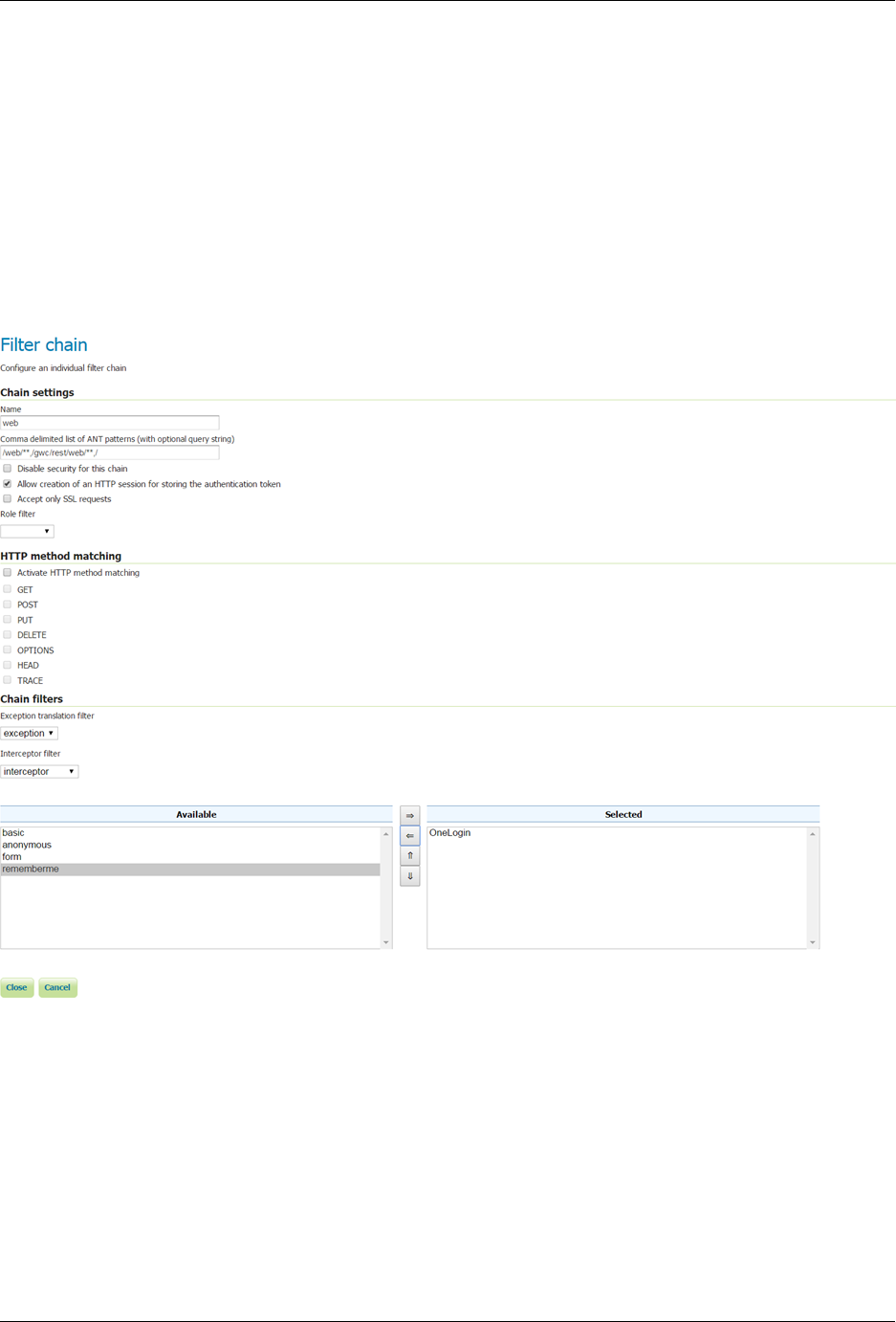
GeoServer User Manual, Release 2.15.1
16.26. WMTS Multidimensional 1911
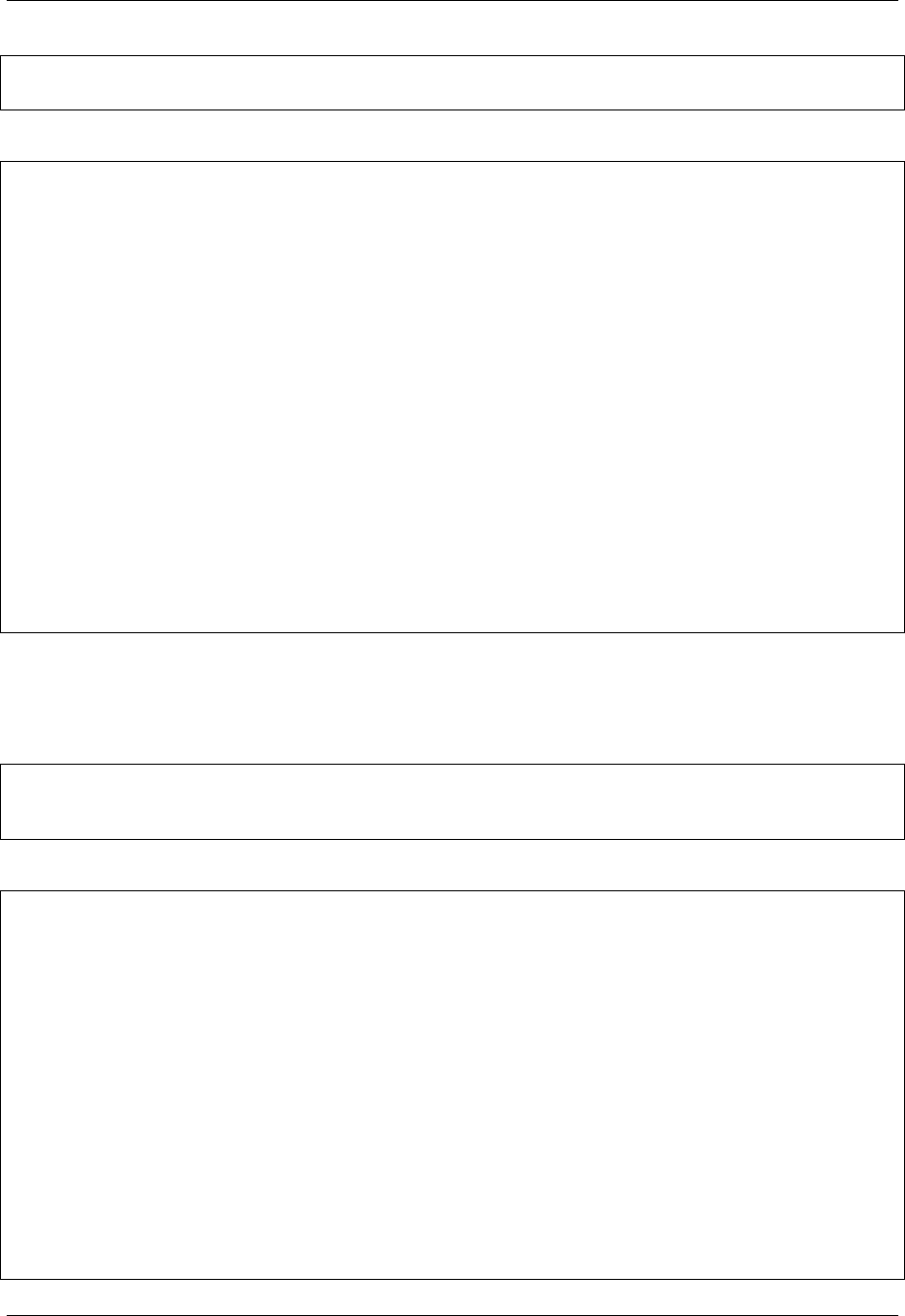
GeoServer User Manual, Release 2.15.1
http://localhost:8080/geoserver/gwc/service/wmts?REQUEST=DescribeDomains&Version=1.0.
,→0&Layer=some_layer&TileMatrixSet=EPSG:4326
and the result will be similar to this:
<Domains xmlns="http://demo.geo-solutions.it/share/wmts-multidim/wmts_multi_
,→dimensional.xsd" xmlns:ows="http://www.opengis.net/ows/1.1">
<SpaceDomain>
<BoundingBox CRS="EPSG:4326"
maxx="179.875" maxy="89.9375" minx="-180.125" miny="-90.125"/>
</SpaceDomain>
<DimensionDomain>
<ows:Identifier>elevation</ows:Identifier>
<Domain>0.0,200.0,400.0,600.0,800.0,1000.0</Domain>
<Size>6</Size>
</DimensionDomain>
<DimensionDomain>
<ows:Identifier>REFERENCE_TIME</ows:Identifier>
<Domain>2016-02-23T00:00:00.000Z,2016-02-24T00:00:00.000Z</Domain>
<Size>2</Size>
</DimensionDomain>
<DimensionDomain>
<ows:Identifier>time</ows:Identifier>
<Domain>2016-02-23T03:00:00.000Z,2016-02-23T06:00:00.000Z</Domain>
<Size>2</Size>
</DimensionDomain>
</Domains>
From the information above we can see that we have three dimensions time,elevation and
REFERENCE_TIME and the respective domains values.
Now let’s see how elevations relate to time dimension by asking which elevations under 500.0 meters are
available at time 2016-02-23T03:00:00.000Z:
http://localhost:8080/geoserver/gwc/service/wmts?REQUEST=DescribeDomains&Version=1.0.
,→0&Layer=some_layer&TileMatrixSet=EPSG:4326&elevation=0/500&time=2016-02-23T03:00:00.
,→000Z
the result will be similar to this:
<Domains xmlns="http://demo.geo-solutions.it/share/wmts-multidim/wmts_multi_
,→dimensional.xsd" xmlns:ows="http://www.opengis.net/ows/1.1">
<SpaceDomain>
<BoundingBox CRS="EPSG:4326"
maxx="179.875" maxy="89.9375" minx="-180.125" miny="-90.125"/>
</SpaceDomain>
<DimensionDomain>
<ows:Identifier>elevation</ows:Identifier>
<Domain>200.0</Domain>
<Size>1</Size>
</DimensionDomain>
<DimensionDomain>
<ows:Identifier>REFERENCE_TIME</ows:Identifier>
<Domain>2016-02-23T00:00:00.000Z</Domain>
<Size>1</Size>
</DimensionDomain>
<DimensionDomain>
<ows:Identifier>time</ows:Identifier>
1912 Chapter 16. Community modules
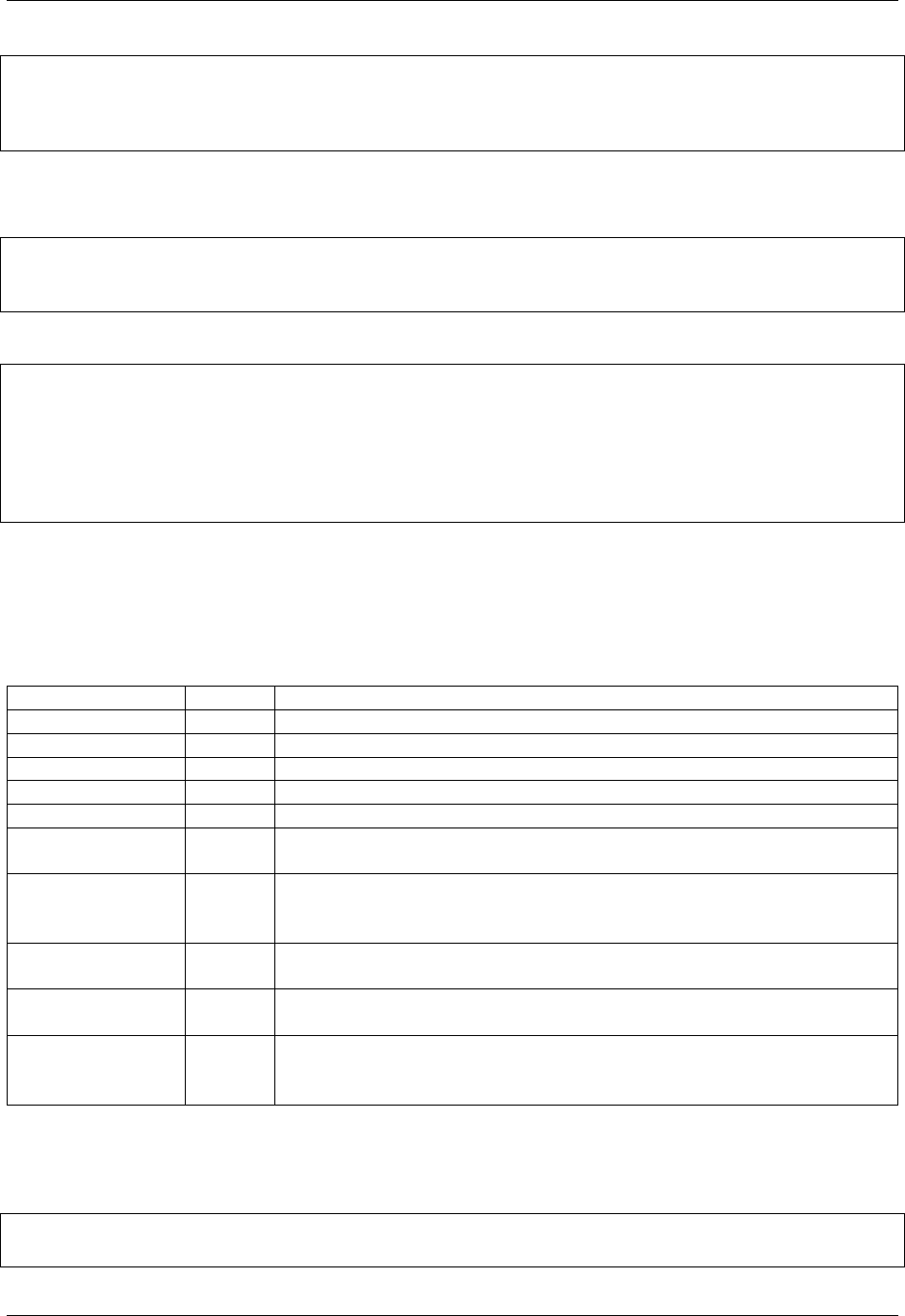
GeoServer User Manual, Release 2.15.1
<Domain>2016-02-23T03:00:00.000Z</Domain>
<Size>1</Size>
</DimensionDomain>
</Domains>
So for time 2016-02-23T03:00:00.000Z there is only values measured at 200.0 meters.
In case only the space domain is of interest, the following request will do:
http://localhost:8080/geoserver/gwc/service/wmts?REQUEST=DescribeDomains&Version=1.0.
,→0&Layer=some_layer&TileMatrixSet=EPSG:4326&elevation=0/500&time=2016-02-23T03:00:00.
,→000Z&domains=bbox
and the result will be similar to this:
<Domains xmlns="http://demo.geo-solutions.it/share/wmts-multidim/wmts_multi_
,→dimensional.xsd" xmlns:ows="http://www.opengis.net/ows/1.1">
<SpaceDomain>
<BoundingBox CRS="EPSG:4326"
maxx="179.875" maxy="89.9375" minx="-180.125" miny="-90.125"/>
</SpaceDomain>
</Domains>
GetDomainValues
This operation is useful to page through the values of a given domain, in case the “multidimensional” area
of interest is too large for DescribeDomain to return them in a single shot.
Name MandatoryDescription
Service=WMTS Yes Service type identifier
Request=GetDomainValuesYes Operation name
Version=1.0.0 Yes Standard and schema version for this operation
Layer Yes Layer identifier
bbox=minx,miny,maxx,maxyNo Bounding box corners (lower left, upper right) in CRS units
DimensionIdentifier No At most one per dimension, a range described as min/max, restricting
the domain of this dimension
Domain Yes Name of the domain whose values will be returned (one cannot use
“bbox”, only single value dimensions can be enumerated by GetDo-
mainValues, e.g., time, elevation).
FromValue No Sets the beginning of domain enumeration, for paging purposes. It’s not
included in the result
Sort No Can be “asc” or “desc”, determines if the enumeration is from low to
high, or from high to low
Limit No Maximum number of values returned by this call. The server assumes a
built-in limit of 1000 in case not specified, and allows client to specify a
value up to 10000.
For example, let’s say a “elevation” domain has values 1,2,3 and 5, and that we are paging through it by
pages of 2 elements. The client will start without providing a “fromValue”, and will then continue using
the last value of the previous page as a reference:
http://localhost:8080/geoserver/gwc/service/wmts?request=GetDomainValues&Version=1.0.
,→0&Layer=sampleLayer&domain=elevation&limit=2
16.26. WMTS Multidimensional 1913
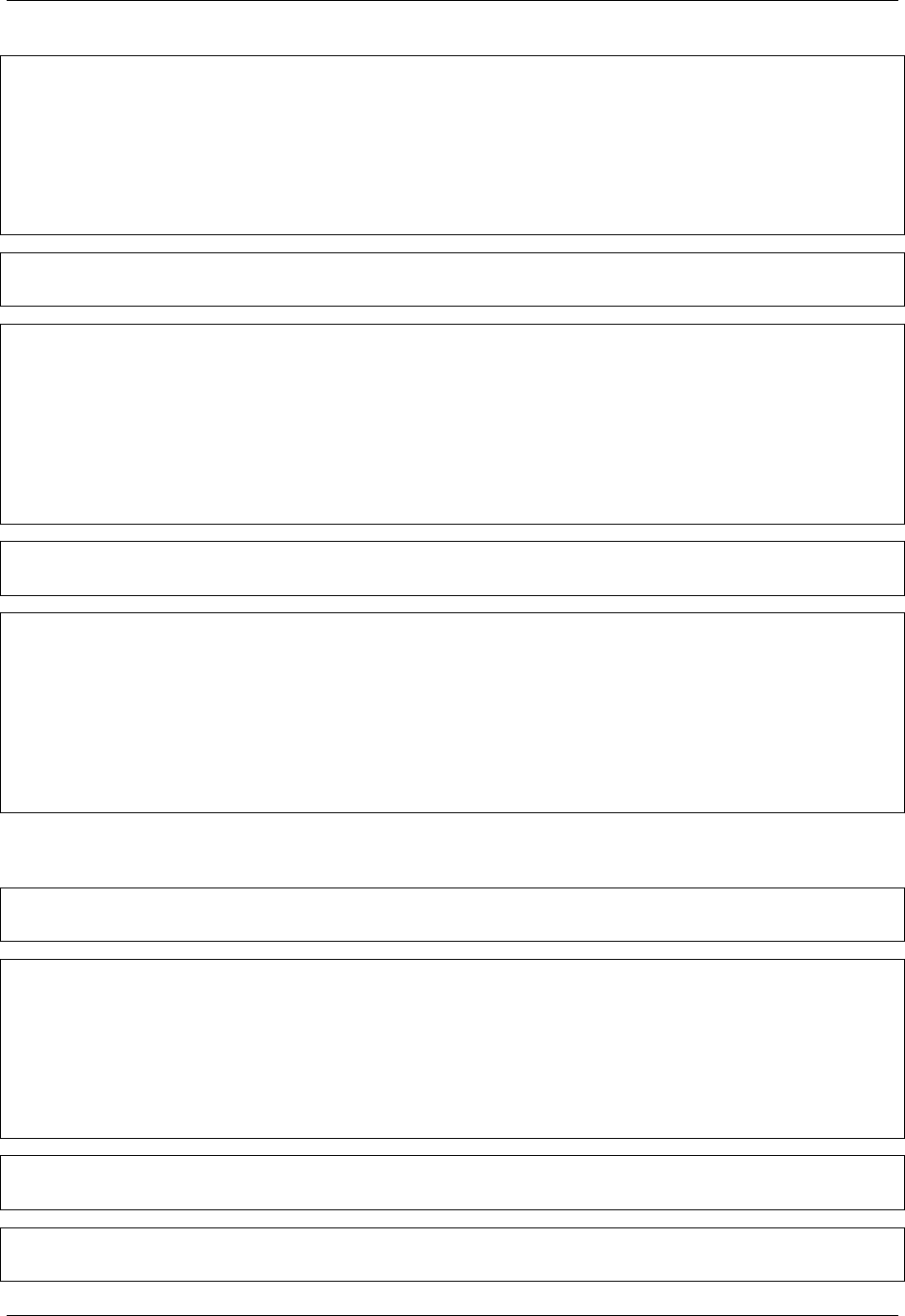
GeoServer User Manual, Release 2.15.1
<DomainValues xmlns="http://demo.geo-solutions.it/share/wmts-multidim/wmts_multi_
,→dimensional.xsd" xmlns:ows="http://www.opengis.net/ows/1.1">
<ows:Identifier>elevation</ows:Identifier>
<Limit>2</Limit>
<Sort>asc</Sort>
<Domain>1.0,2.0</Domain>
<Size>2</Size>
</DomainValues>
http://localhost:8080/geoserver/gwc/service/wmts?request=GetDomainValues&Version=1.0.
,→0&Layer=sampleLayer&domain=elevation&limit=2&fromValue=2
<DomainValues xmlns="http://demo.geo-solutions.it/share/wmts-multidim/wmts_multi_
,→dimensional.xsd" xmlns:ows="http://www.opengis.net/ows/1.1">
<ows:Identifier>elevation</ows:Identifier>
<Limit>2</Limit>
<Sort>asc</Sort>
<FromValue>2.0</FromValue>
<Domain>3.0,5.0</Domain>
<Size>2</Size>
</DomainValues>
http://localhost:8080/geoserver/gwc/service/wmts?request=GetDomainValues&Version=1.0.
,→0&Layer=sampleLayer&domain=elevation&limit=2&fromValue=5
<DomainValues xmlns="http://demo.geo-solutions.it/share/wmts-multidim/wmts_multi_
,→dimensional.xsd" xmlns:ows="http://www.opengis.net/ows/1.1">
<ows:Identifier>elevation</ows:Identifier>
<Limit>2</Limit>
<Sort>asc</Sort>
<FromValue>5.0</FromValue>
<Domain></Domain>
<Size>0</Size>
</DomainValues>
For elevations it might not be uncommon to iterate backwards, from the top-most elevation down to the
lowest value. The interaction between client and server migth then look as follows:
http://localhost:8080/geoserver/gwc/service/wmts?request=GetDomainValues&Version=1.0.
,→0&Layer=sampleLayer&domain=elevation&limit=2&sort=desc
<DomainValues xmlns="http://demo.geo-solutions.it/share/wmts-multidim/wmts_multi_
,→dimensional.xsd" xmlns:ows="http://www.opengis.net/ows/1.1">
<ows:Identifier>elevation</ows:Identifier>
<Limit>2</Limit>
<Sort>asc</Sort>
<Domain>5.0,3.0</Domain>
<Size>2</Size>
</DomainValues>
http://localhost:8080/geoserver/gwc/service/wmts?request=GetDomainValues&Version=1.0.
,→0&Layer=sampleLayer&domain=elevation&limit=2&fromValue=3&sort=desc
<DomainValues xmlns="http://demo.geo-solutions.it/share/wmts-multidim/wmts_multi_
,→dimensional.xsd" xmlns:ows="http://www.opengis.net/ows/1.1">
1914 Chapter 16. Community modules
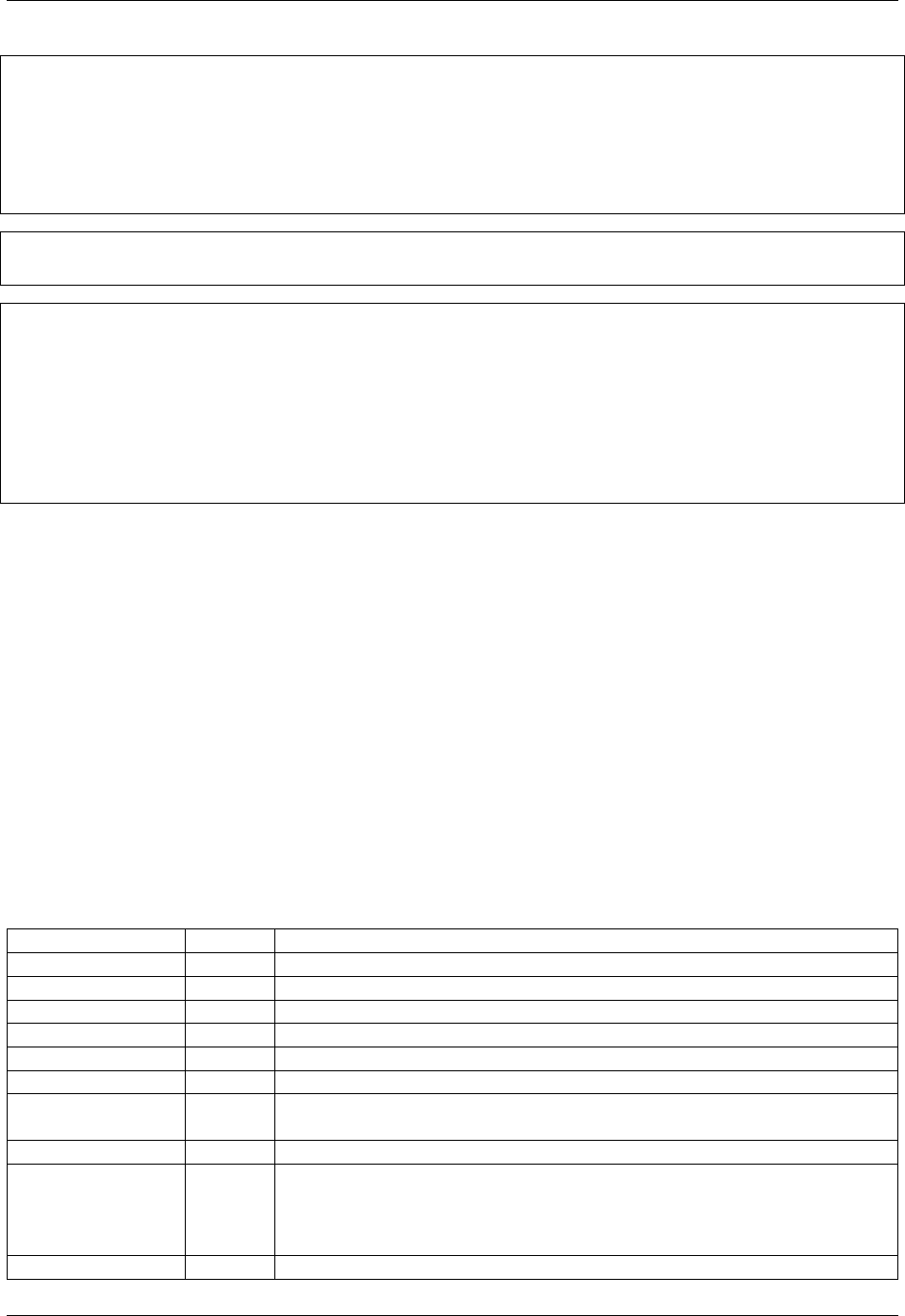
GeoServer User Manual, Release 2.15.1
<ows:Identifier>elevation</ows:Identifier>
<Limit>2</Limit>
<Sort>asc</Sort>
<FromValue>3.0</FromValue>
<Domain>2.0,1.0</Domain>
<Size>2</Size>
</DomainValues>
http://localhost:8080/geoserver/gwc/service/wmts?request=GetDomainValues&Version=1.0.
,→0&Layer=sampleLayer&domain=elevation&limit=2&fromValue=1&sort=desc
<DomainValues xmlns="http://demo.geo-solutions.it/share/wmts-multidim/wmts_multi_
,→dimensional.xsd" xmlns:ows="http://www.opengis.net/ows/1.1">
<ows:Identifier>elevation</ows:Identifier>
<Limit>2</Limit>
<Sort>asc</Sort>
<FromValue>1.0</FromValue>
<Domain></Domain>
<Size>0</Size>
</DomainValues>
The paging approach might seem odd for those used to using “limit” and “offset”. The main reason it’s
done this way it’s performance, paging through unique values via limit and offset means that the data
source has to compute and collect the unique values that are not needed (the ones in previous pages) in
order to find the ones in the current page. With large domains (typical of time series) this quickly becomes
too slow for interactive usage, as one moves forward in the domain.
By giving a starting point, the unneeded data points can be skipped via index and the distinct value compu-
tation can be performed only on the current page data, stopping it as soon as the desired number of results
has been computed. With an index on the dimension being queries, this results in nearly constant response
times, regardless of the page being requested.
GetHistogram
This operation can be used to provide information about the data distribution between the minimum and
maximum values of a certain dimension.
The parameters available for this operation are:
Name MandatoryDescription
Service=WMTS Yes Service type identifier
Request=GetHistogramYes Operation name
Version=1.0.0 Yes Standard and schema version for this operation
Layer Yes Layer identifier
TileMatrixSet Yes Tile matrix set identifier
BBOX=minx,miny,maxx,maxyNo Bounding box corners (lower left, upper right) in CRS units
DimensionIdentifier No At most one per dimension, a range described as min/max, restricting
the domain of this dimension
Histogram Yes Name of the dimension for which the histogram will be computed
Resolution No Suggested size of the histogram bucket. Cannot be provided for enu-
merated dimensions, will use the period syntax for time (e.g. PT1H),
a number for numeric dimensions, or auto to leave the decision to the
server
Format No The desired output format, default is text/html.
16.26. WMTS Multidimensional 1915
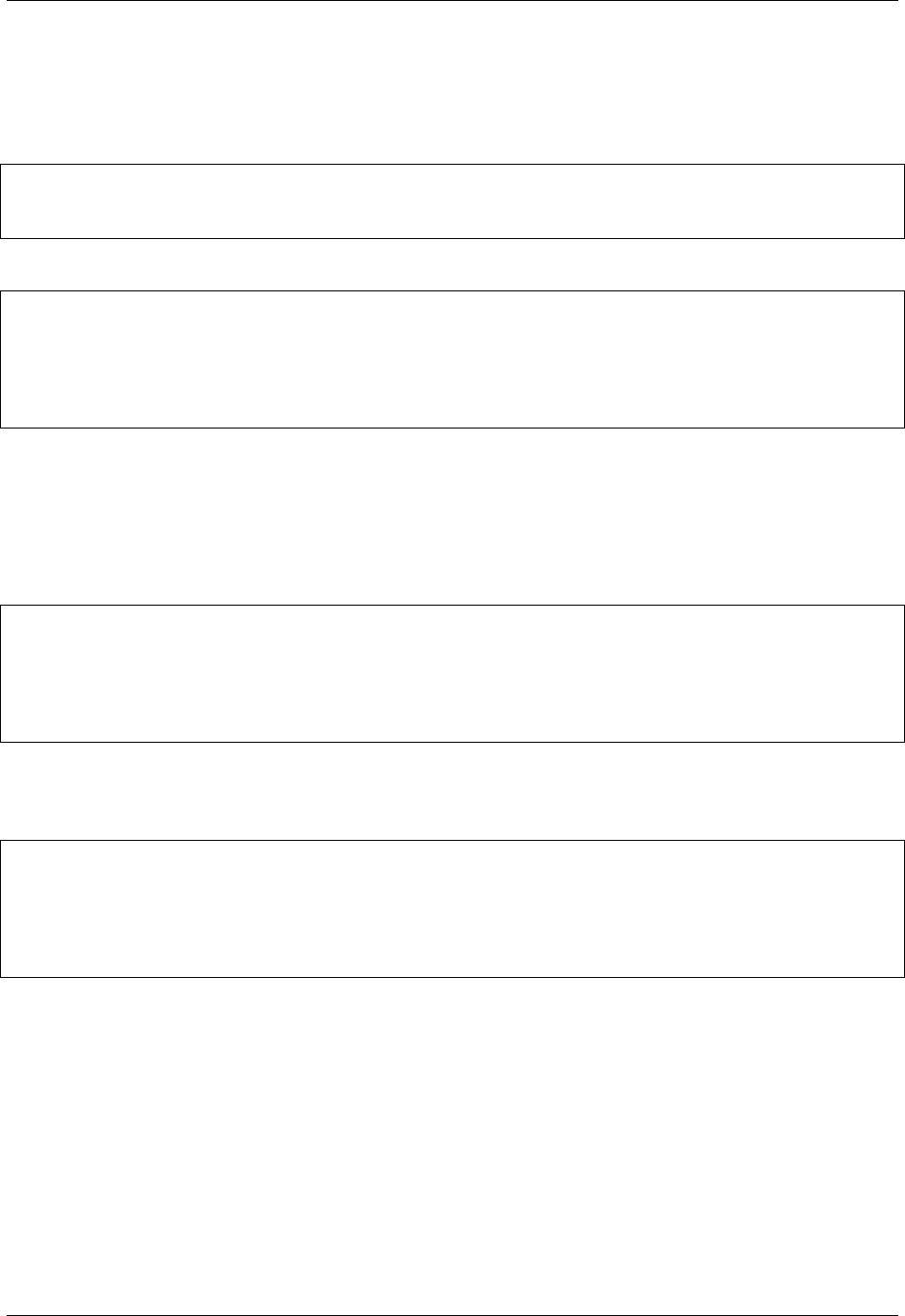
GeoServer User Manual, Release 2.15.1
The parameters common to the DescribeDomains operation work as already described above. Currently
only the text/xml output format is supported.
The following example request the histogram for time dimension with a resolution of 8 hours restricting
elevations between 500.0 and 1000.0 meters:
http://localhost:8080/geoserver/gwc/service/wmts?REQUEST=GetHistogram&Version=1.0.0&
,→Layer=some_layer&TileMatrixSet=EPSG:4326&histogram=time&resolution=PT8H&
,→elevation=500.0/1000.0
and the result will be similar to this:
<Histogram xmlns="http://demo.geo-solutions.it/share/wmts-multidim/wmts_multi_
,→dimensional.xsd" xmlns:ows="http://www.opengis.net/ows/1.1">
<ows:Identifier>time</ows:Identifier>
<Domain>2016-02-23T00:00:00.000Z/2016-02-25T00:00:00.000Z/PT8H</Domain>
<Values>240,0,240,0,0,240</Values>
</Histogram>
Looking at the result we can conclude that measurements between 500.0 and 1000.0 meters are typically
done during the night.
The bucket matching is setup so that each one contains its first value, but not its last value (which is con-
tained in the next bucket instead). This is important to understand the results. Say we have a dataset with
regular elevations, from 0 to 100 with a step of 10, and the request calls for elevations between 0 and 20.
Then the results will look something like follows:
<Histogram xmlns="http://demo.geo-solutions.it/share/wmts-multidim/wmts_multi_
,→dimensional.xsd" xmlns:ows="http://www.opengis.net/ows/1.1">
<ows:Identifier>elevation</ows:Identifier>
<Domain>0/30/10</Domain>
<Values>5,3,8</Values>
</Histogram>
That is, there values catch the intervals [0,10[, [10, 20[, and [20, 30[ (to have a bucket for the images/features
having elevation exactly matching 20). This will happen only if an extreme value if found, the same request
filtering on elevations between 0 and 15 will return this instead:
<Histogram xmlns="http://demo.geo-solutions.it/share/wmts-multidim/wmts_multi_
,→dimensional.xsd" xmlns:ows="http://www.opengis.net/ows/1.1">
<ows:Identifier>elevation</ows:Identifier>
<Domain>0/20/10</Domain>
<Values>5,3</Values>
</Histogram>
GetFeature
This operation is capable to enumerate the actual possible values combinations. The output of this opera-
tion is similar to the output of the WFS 2.0 GetFeature operation which is a list of features along with
dimension values using the same formats as the feature info operation. This output can be used to draw
the features on a map for example.
The parameters available for this operation are:
1916 Chapter 16. Community modules
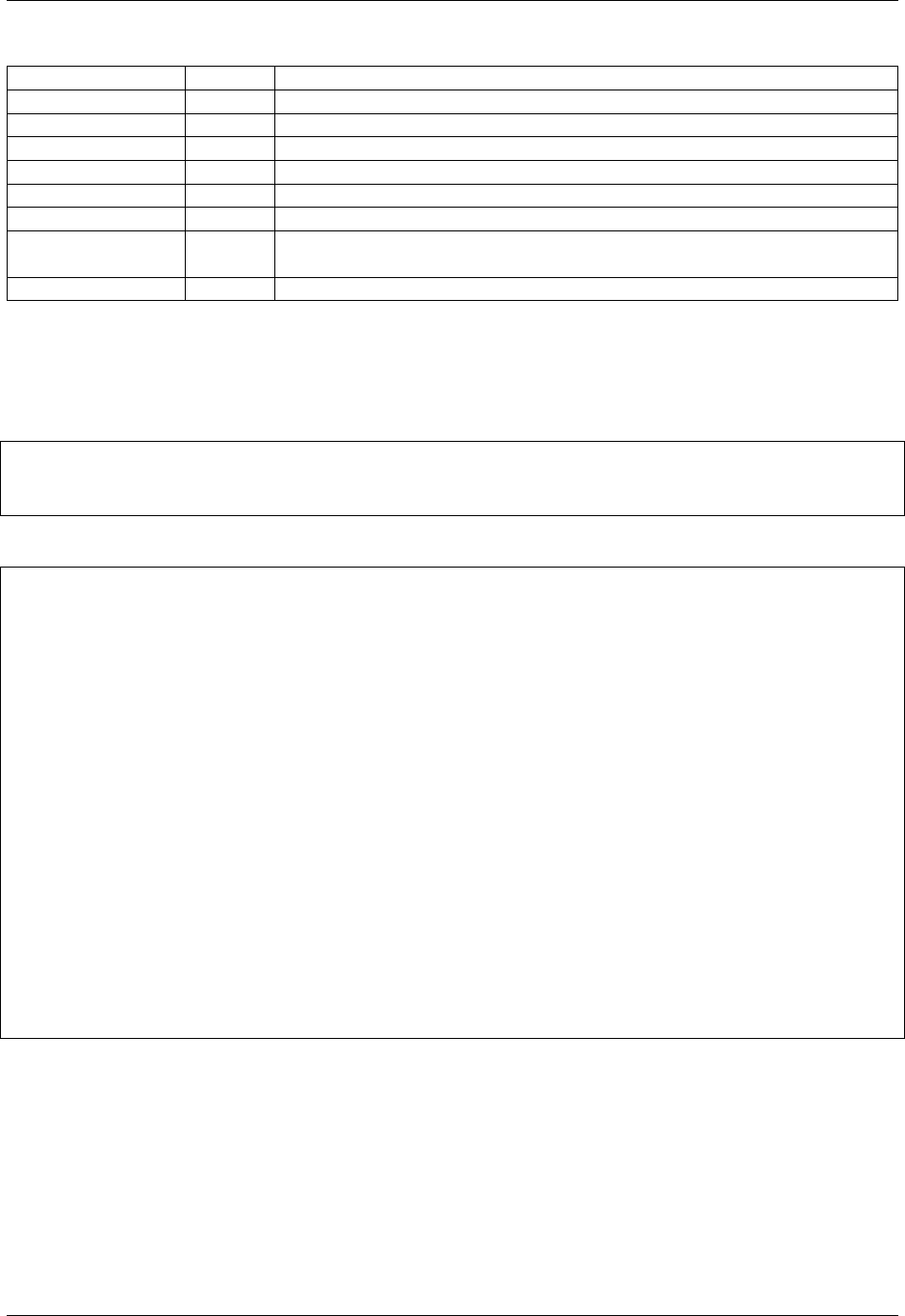
GeoServer User Manual, Release 2.15.1
Name MandatoryDescription
Service=WMTS Yes Service type identifier
Request=GetFeature Yes Operation name
Version=1.0.0 Yes Standard and schema version for this operation
Layer Yes Layer identifier
TileMatrixSet Yes Tile matrix set identifier
BBOX=minx,miny,maxx,maxyNo Bounding box corners (lower left, upper right) in CRS units
DimensionIdentifier No At most one per dimension, a range described as min/max, restricting
the domain of this dimension
Format Yes The desired output format
The parameters common to the DescribeDomains operation work as already described above. Currently
only the application/gml+xml; version=3.1 output format is supported.
Using the same restrictions parameters we used for the second request used as an example for the
DescribeDomains operation a GetFeature request will look like this:
http://localhost:8080/geoserver/gwc/service/wmts?REQUEST=GetFeature&Version=1.0.0&
,→Layer=some_layer&TileMatrixSet=EPSG:4326&elevation=0/500&time=2016-02-23T03:00:00.
,→000Z
and the result will be similar to this:
<?xml version="1.0" encoding="UTF-8"?><wmts:FeatureCollection xmlns:xs="http://www.w3.
,→org/2001/XMLSchema" xmlns:gml="http://www.opengis.net/gml" xmlns:wmts="http://www.
,→opengis.net/wmts/1.0">
<wmts:feature gml:id="FID.1681">
<wmts:footprint>
<gml:Polygon xmlns:xs="http://www.w3.org/2001/XMLSchema" xmlns:gml="http://www.
,→opengis.net/gml" xmlns:sch="http://www.ascc.net/xml/schematron" xmlns:xlink="http://
,→www.w3.org/1999/xlink" srsDimension="2" srsName="http://www.opengis.net/gml/srs/
,→epsg.xml#4326">
<gml:exterior>
<gml:LinearRing srsDimension="2">
<gml:posList>-180.125 -90.125 -180.125 89.875 179.875 89.875 179.875 -90.
,→125 -180.125 -90.125</gml:posList>
</gml:LinearRing>
</gml:exterior>
</gml:Polygon>
</wmts:footprint>
<wmts:dimension name="elevation">200.0</wmts:dimension>
<wmts:dimension name="time">2016-02-23T03:00:00.000Z</wmts:dimension>
<wmts:dimension name="REFERENCE_TIME">2016-02-23T00:00:00.000Z</wmts:dimension>
</wmts:feature>
</wmts:FeatureCollection>
Note how this result correlate with the correspondent DescribeDomains operation result.
16.27 Notification community module Plugin Documentation
The notification community module is meant to be a pluggable system to listen, summarize and notify
events triggered by GeoServer data and configuration manipulation to some external source, in some
agreed upon format.
The events of interest are:
16.27. Notification community module Plugin Documentation 1917
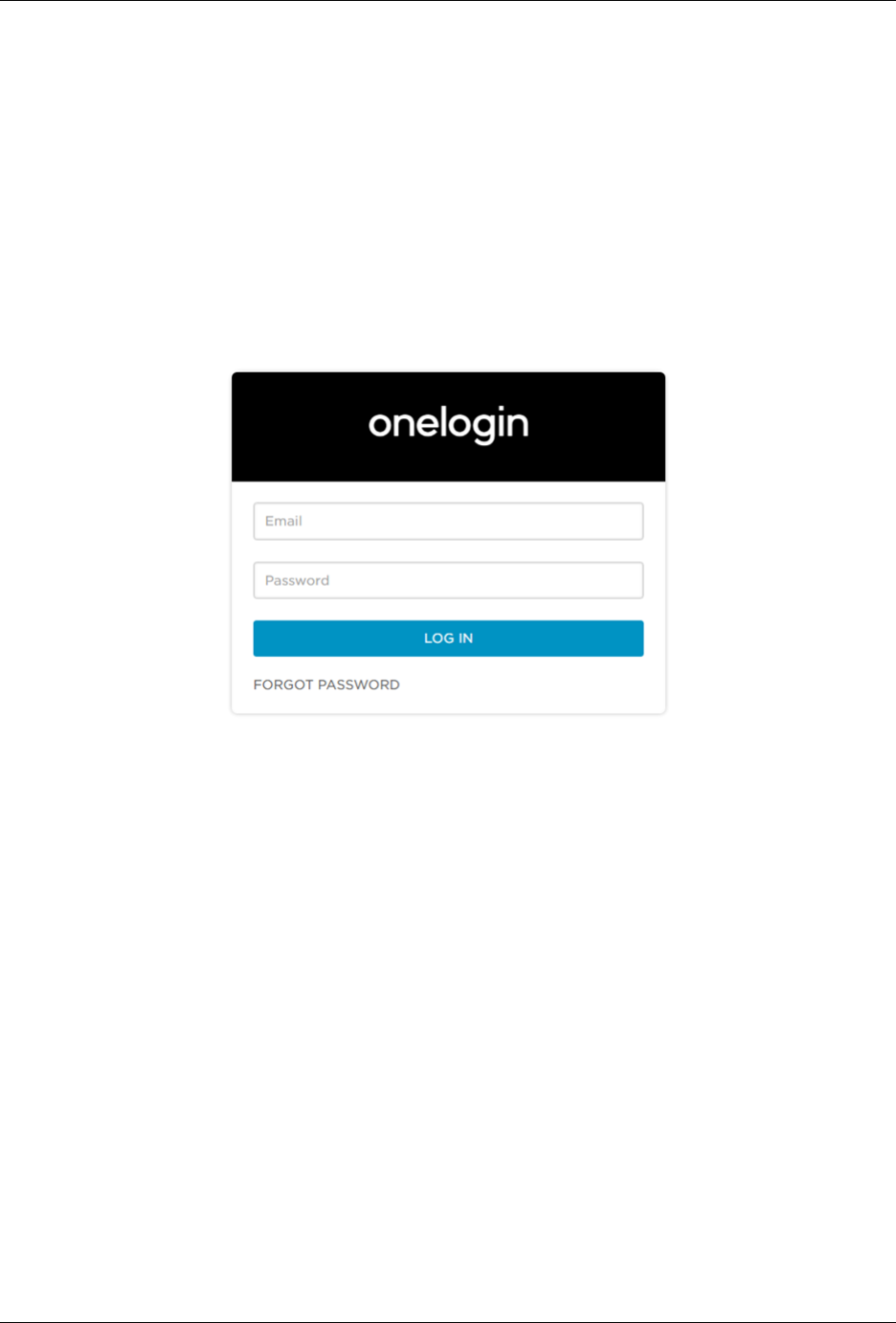
GeoServer User Manual, Release 2.15.1
1. Catalog configuration changes (insert/update/removal of layers, styles, workspaces, stores, groups
and so on)
2. Data changes via WFS-T (anything that can affect the data precise bounding box)
The system is completely pluggable in terms of notification destinations, potential targets can be direct
HTTP calls to external system, message queues, log files, email. The message format can also vary depend-
ing on the target and intended usage, both in terms of contents, e.g., it could be full of details or simply an
indication of what changed, and encoding, e.g., xml, json, text, html.
16.27.1 Overall architecture
The overall architecture is depicted in the following diagram:
The system basically generates a set of events, has a configuration to match them with a desired tool to
send the message out (the processor). The sender can be conceived as a the combination of an “encoder”
that generates the message payload and a “sender”.
Each message is combined with its processor and send into a destination queue, where a thread pool picks
the events and runs their processor. For some type of events, like catalog ones, the thread pool will have to
be configured with just one thread to make sure the events are sent in the right order to the destinations.
16.27.2 Installing the extension
1. Download the Notification extension from the nightly GeoServer community module builds.
2. Download the Notification Common extension from the nightly GeoServer community module
builds.
3. (optional) If you want use sender/encoder provided for GeoNode, download the Notification Geon-
ode extension from the nightly GeoServer community module builds.
4. Place the JARs into the WEB-INF/lib directory of the GeoServer installation.
16.27.3 Usage
The usage of the extensions is based on two components that defines its behavior and logic:
1918 Chapter 16. Community modules

GeoServer User Manual, Release 2.15.1
• A configuration file named notifier.xml that must be present on a “notifier” subfolder of Geoserver
root data directory (if extensions found no one notifier.xml file under notifier folder, will create a
new one with default values)
• A JAR that implements the specific logic of sender/encoder
16.27.4 Configuration file
The configuration file will be parsed by XStream framework to instantiate the right classes. An example of
notifier.xml have the follow content:
<notificationConfiguration>
<queueSize>1000</queueSize>
<notificator>
<messageFilter>type='Catalog'</messageFilter>
<queueSize>1000</queueSize>
<processorThreads>1</processorThreads>
<genericProcessor>
<geonodeEncoder />
<fanoutSender>
<username>guest</username>
<password>guest</password>
<host>localhost</host>
<port>4432</port>
<virtualHost></virtualHost>
<exchangeName>testExchange</exchangeName>
<routingKey>testRouting</routingKey>
</fanoutSender>
</genericProcessor>
</notificator>
<notificator>
...
</notificator>
</notificationConfiguration>
notificationConfiguration -> queueSize = the size of queue that store all the notification messages.
notificationConfiguration -> notificator = is possible to have one or more notificator.
notificationConfiguration -> notificator -> messageFilter = the is a CQL filter, only notification message
that satisfy this filter, will be processed by this notificator. Possible values are:
•type='Catalog'
•type='Data'
notificationConfiguration -> notificator -> queueSize = the size of queue to store the notification messages
for specific notificator, only the notification that satisfy the CQL filter specified on <messageFilter>
element will be pushed in this queue.
notificationConfiguration -> notificator -> processorThreads = number of threads that will be work to
encode and send the notification messages. Note that for 'Catalog' type event, this will have to be
valued as 1 to make sure the events are sent in the right order to the destinations.
notificationConfiguration -> notificator -> genericProcessor = configurations for the encoder and sender
components
notificationConfiguration -> notificator -> geonodeEncoder = this is a placeholder tag that must match
with the alias used to map the implementation class for encoder. Based on custom implementation, addi-
tional attributes or child tags can be provided.
16.27. Notification community module Plugin Documentation 1919
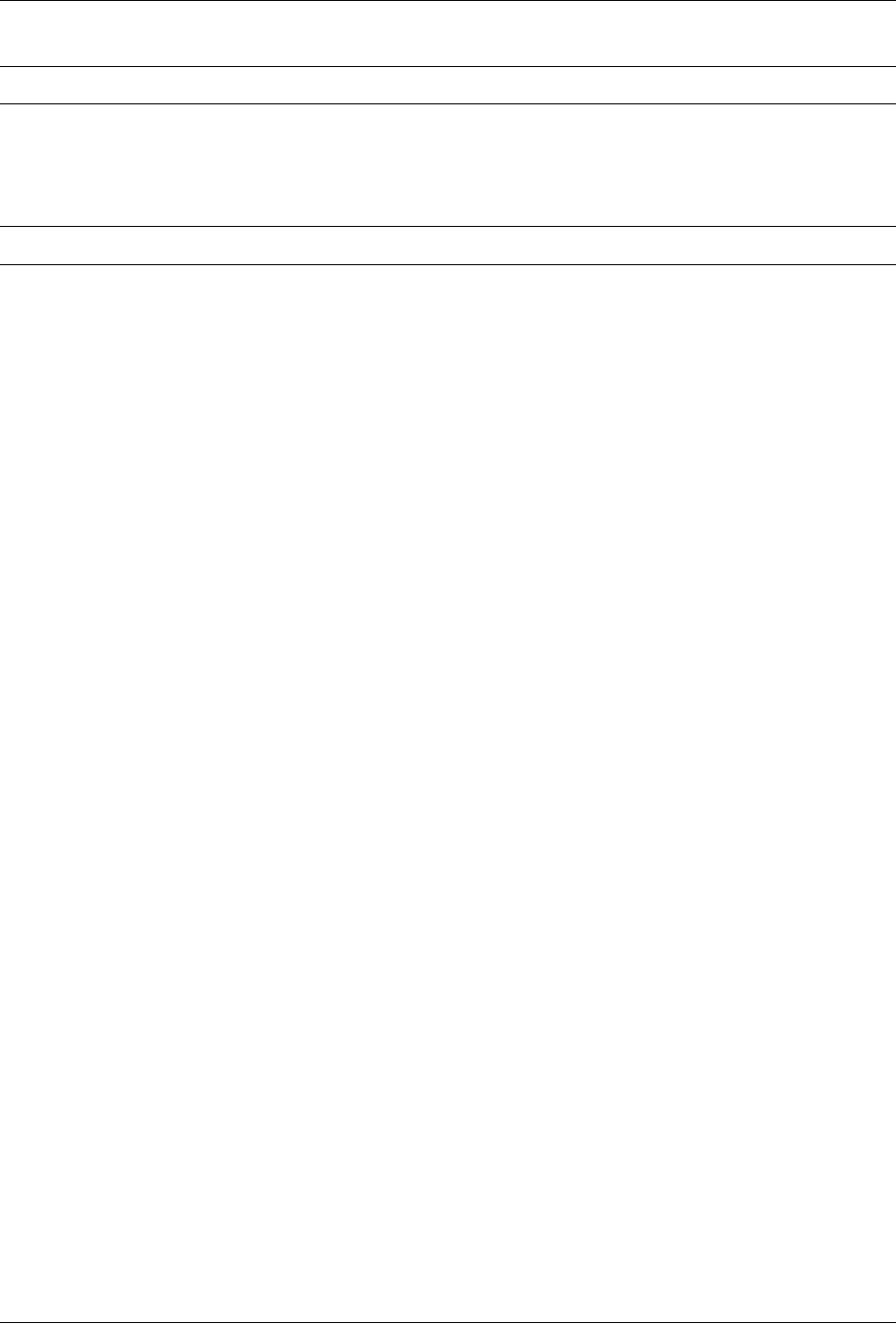
GeoServer User Manual, Release 2.15.1
Note: is mandatory that one and only one implementation of encoder match with each alias.
notificationConfiguration -> notificator -> fanoutSender = this is a placeholder tag that must match with
the alias used to map the implementation class for sender. Based on custom implementation, additional
attributes or child tags can be provided.
Note: is mandatory that one and only one implementation of sender match with each alias.
For the case of AMQP Fanout (RabbitMQ) based sender implementation, the additional parameters are:
•host : the IP/DNS to which the underlying TCP connection is made
•port : port number to which the underlying TCP connection is made
•virtualhost (optional) : a path which acts as a namespace
•username (optional) : if present is used for SASL exchange
•password (optional) : if present is used for SASL exchange
•exchangeName : the name of exchange to publish the message to
•routingKey : identify the queue to publish the message to (ignored by fanout type)
16.27.5 Sender and encoder implementations
This plugin allow the pluggability of sender/encoder implementation, multiple implementation plugins
are allowed.
The core notification extension will be resolve the implementations of the interfaces:
•org.geoserver.notification.common.NotificationEncoder
•org.geoserver.notification.common.NotificationProcessor
•org.geoserver.notification.common.NotificationXStreamInitializer
Based on the match between the tag names on configuration file (notifier.xml) and the aliases define
in NotificationXStreamInitializer, the notification core will be use the right implementation of Notificatio-
nEncoder /NotificationProcessor.
An example of this implementation is provided by the Notification Geonode extension.
The minimal dependencies of this kind of plugin are (see pom.xml of Notification Geonode extension):
•gs-notification-common
•gs-main
The plugin must be extends/implements almost the three classes/interfaces:
NotificationXStreamDefaultInitializer: is a utility implementation of NotificationXStreamInitializer to
define the match between NotificationEncoder /NotificationProcessor and configuration aliases:
•getEncoderName : this method must be return the alias for encoder
•getSenderName : this method must be return the alias for sender
•getEncoderClass : this method must be return the class for encoder
•getSenderClass : this method must be return the class for sender
1920 Chapter 16. Community modules

GeoServer User Manual, Release 2.15.1
16.28 OpenSearch for EO
16.28.1 Introduction to OpenSearch for EO
This plugin adds support for the OpenSearch for Earth Observation protocol to GeoServer. References:
•OpenSearch
•OpenSearch parameter extension
•OpenSearch Geo and Time extension
•OpenSearch for Earth Observation
The OpenSearch plugin organizes data in “Collections” and “Products”:
• A collection is a set of products with some uniformity, described by some search attributes and a ISO
metadata sheet
• A product is a set of images (and ancilliary information), describe by some search attributes and a
O&M metadata sheet
The system allows the common EO “two level” searches, that is:
• Firsts lookup for the desired collection of data on the main OSDD document
• Once the collection is located, a second OSDD providing access to the product search is delivered
If the database contains also the OGC cross links, the Atom search outputs will also contain links allowing
a client to jump from the data search to the actual data visualization and exploitation on OGC services.
Search engine storage
The OpenSearch protocol implementation relies on an extension of GeoTools DataAccess called
OpenSearchAccess. At the time of writing a single implementation of such interface exists, called
JDBCOpenSearchAccess, built and tested to work against a specific PostGIS database schema.
Note: The JDBCOpenSearchAccess is written in general enough terms that other databases should
be usable as well, but it’s likely some code improvements will be required to deal with certain databases
naming restrictions (e.g., Oracle).
In the future we hope to see other implementations as well, based on storage that might be more suitable
for large scale search engine such as SOLR or ElasticSearch.
16.28.2 Installing the OpenSearch for EO module
The installation of the module requires four steps:
• Setting up a PostGIS database with the required schema
• Install the OpenSearch for EO plugin and configure it
• Fill the database with information about collection and metadata
16.28. OpenSearch for EO 1921

GeoServer User Manual, Release 2.15.1
Setting up the PostGIS database
Create a PostgreSQL database and run the following SQL script:
https://raw.githubusercontent.com/geoserver/geoserver/master/src/community/oseo/oseo-
,→core/src/test/resources/postgis.sql
Downloading and installing the OpenSearch extension
The module is a community one, and thus available among the nightly builds of the desired series (the
module works for 2.12.x onwards):
• Check the download page <http://geoserver.org/download/> for the desired series (development, stable or
maintenance)
• Follow the nightly build links
• Check the community-latest folder
• Download the geoserver-<VERSION>-SNAPSHOT-opensearch-eo-plugin.zip file, and un-
zip its contents in the GeoServer unpacked WAR lib directory, e.g., “geoserver/WEB-INF/lib”
• Restart GeoServer
16.28.3 Configuring the OpenSearch module
The OpenSearch module needs to know upon which database perform the searches.
Follow these steps:
• Setup a standard PostGIS database pointing to the database and schema created above from the SQL
file. Note down the full name of the store (e.g. test:metadata where test is the workspace and
metadata is the store name). Besides filling the connection parameters, remember to set “expose
primary keys” to true.
• Create a new store of type “JDBC based OpenSearch store” and configure the fully qualified name of
the basic PostGIS store in its “store” parameter.
• Go into the “OS-EO” service configuration page and configure the “OpenSearch” store
Advanced: adding product classes
The design of the OpenSearch module is “data driven”, meaning that one can materialize new search prop-
erties by just adding new columns to the product and collection tables.
In particular, both tables have a “prefix based” convention linking the properties to their respective product
types, and the engine will advertise for a particular product only the properties relevant to it. For example,
in an optical product, the properties starting with “opt” will be listed, but not those starting with “sar”.
Here is a table of the product classes known out of the box:
1922 Chapter 16. Community modules
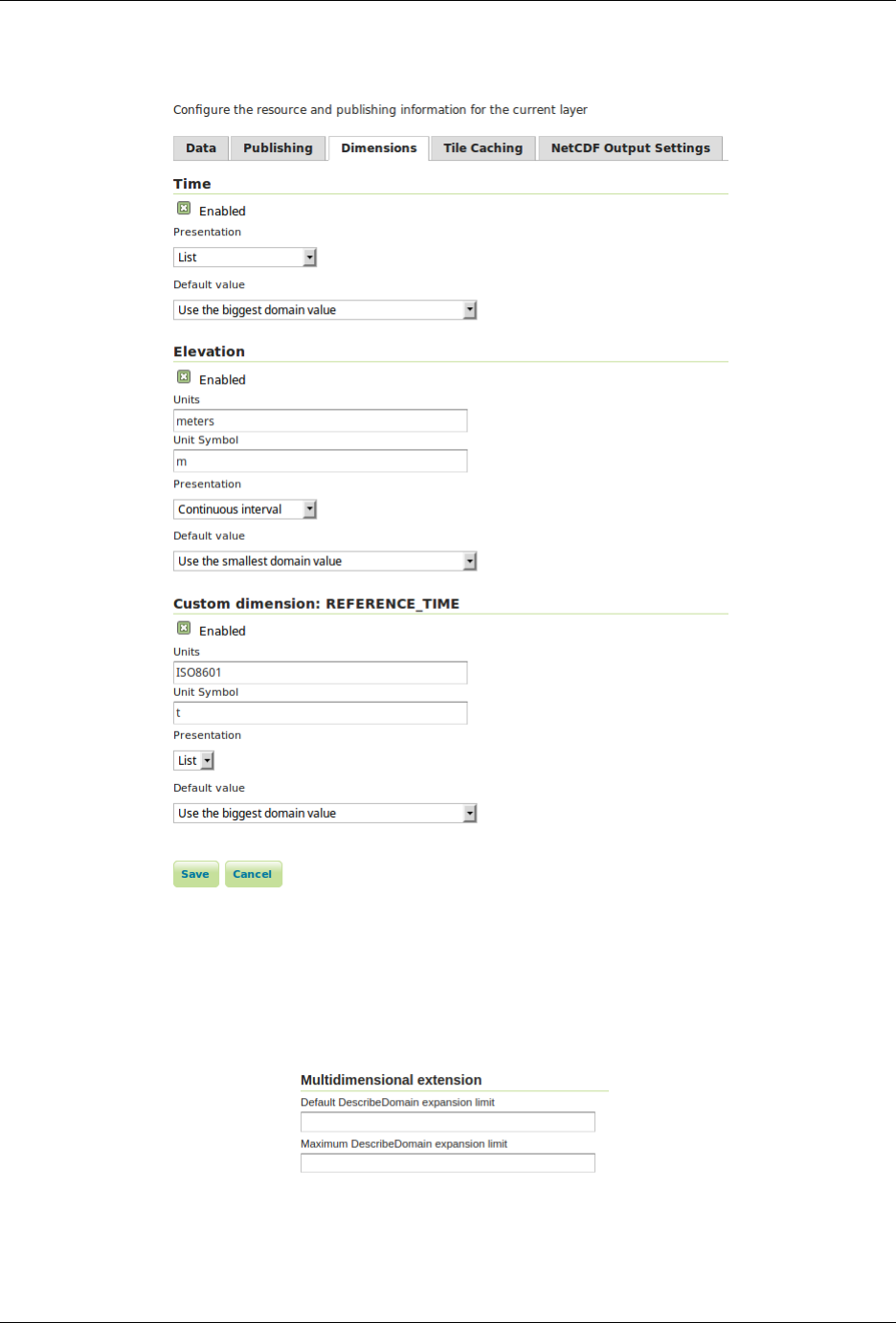
GeoServer User Manual, Release 2.15.1
Fig. 16.20: Configuration of a layer dimensions.
Fig. 16.21: Configuration domain expansion limits.
16.28. OpenSearch for EO 1923
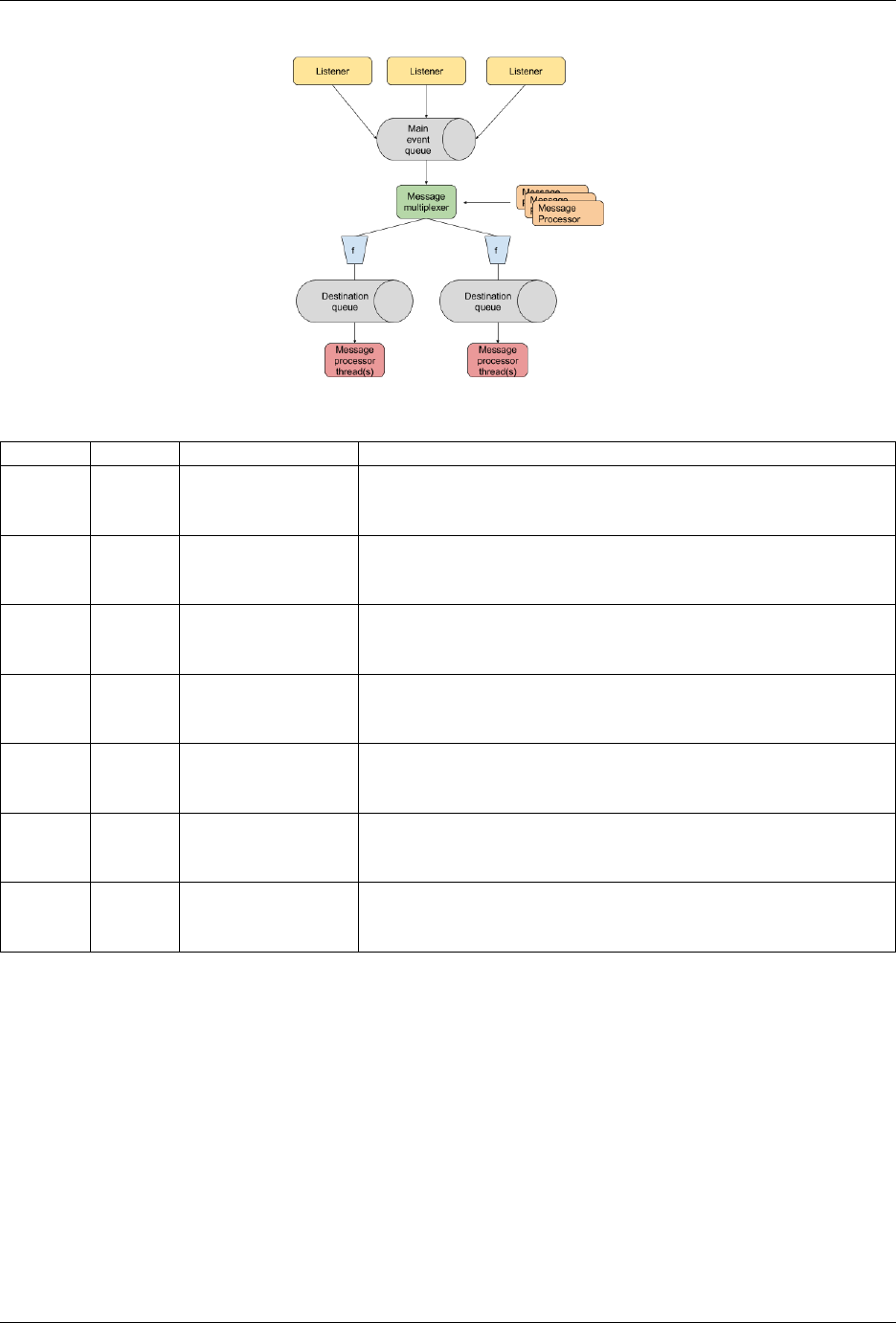
GeoServer User Manual, Release 2.15.1
Name Prefix Namespace Description
eop_genericeop http://www.
opengis.net/eop/
2.1
Base properties shared among all EO products. Never re-
move this class.
optical opt http://www.
opengis.net/opt/
2.1
Optical products properties
radar sar http://www.
opengis.net/sar/
2.1
Radar products properties
Altimetric alt http://www.
opengis.net/alt/
2.1
Altimetric products properties
Atmosphericatm http://www.
opengis.net/atm/
2.1
Atmospheric products properties
Limb lmb http://www.
opengis.net/lmb/
2.1
Limb products properties
ssp ssp http://www.
opengis.net/ssp/
2.1
SSP products properties
The various properties have different usages:
• The name is used in the collection to define the type of sensor (eoSensorType column)
• The prefix is used in the product table as a prefix to column name in order to associate them to a
particular product type, shows up as-is in the JSON representations of the REST API, as well as the
prefix in XML outputs
• The namespace is used in XML output, along with the prefix (e.g., xmlns:opt="http://www.
opengis.net/opt/2.1")
It is possible to add new product classes as well as changing the build-in ones, but care should be taken to
keep product classes and database aligned. After any change to the database structure remember to “reset”
the GeoServer configuration to make it re-scan the table structures.
1924 Chapter 16. Community modules
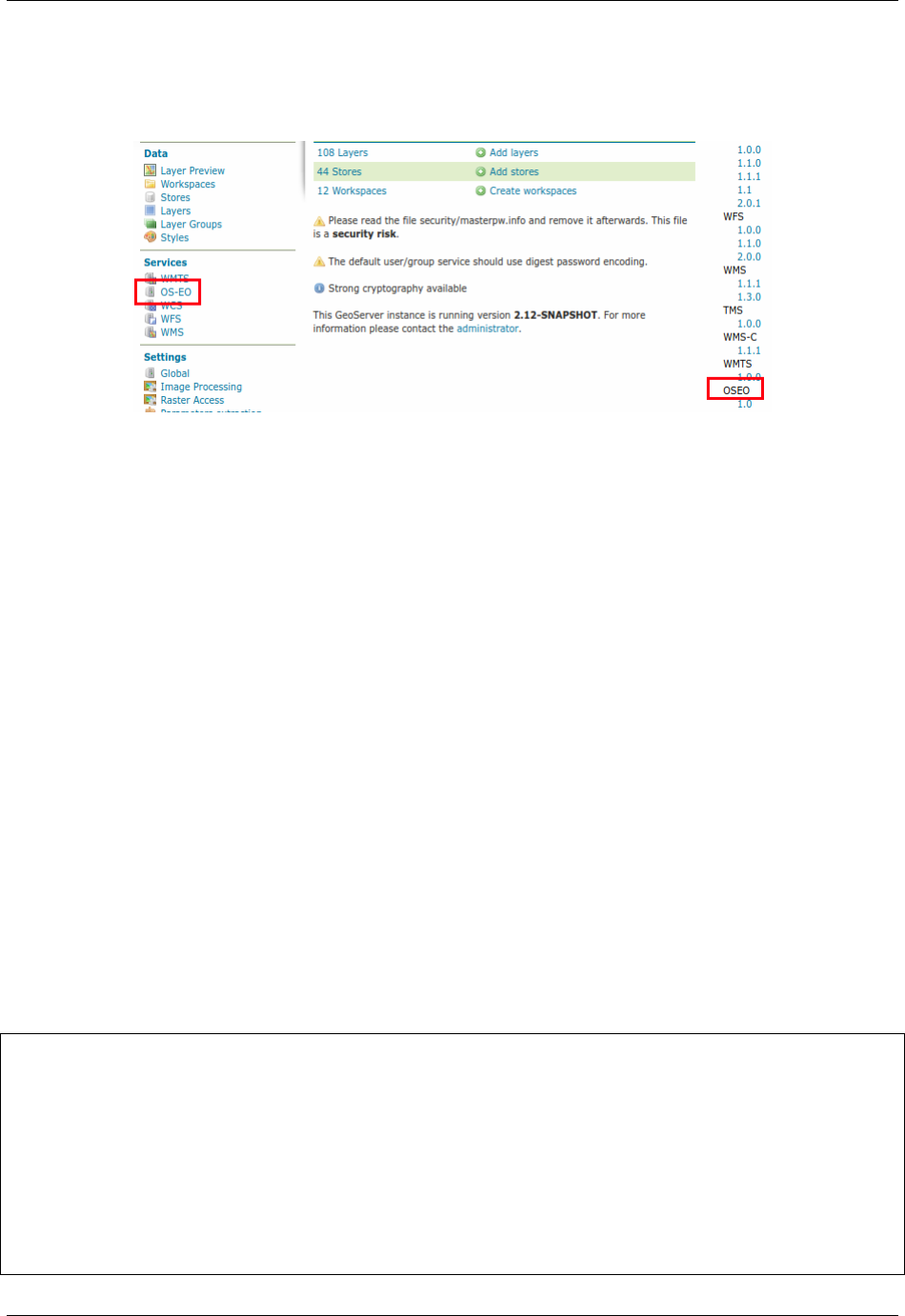
GeoServer User Manual, Release 2.15.1
16.28.4 The JDBC store database structure
The JDBC store uses a conventional relational structure, depicted in the following picture:
Fig. 16.22: The GeoServer home page after the OpenSearch for EO module installation.
So a collection has its own primary search attributes, as well as:
• A ISO metadata document as large associated text
• Zero or more OGC links pointing to where the collection is published
• Layer publishing information (for auto-generation of mosaic, layer and eventual coverage view in
case the actual data resides locally)
• One or more products
Aproduct in turn is associated to:
• A O&M metadata document as large associated text
• A thumbnail image, in PNG or JPEG format
• Zero or more OGC links pointing to where the product is published
The granule table is designed to contain per product file information in case there is a desire to publish
the actual data from the same local GeoServer (but in general, OGC services might be missing or provided
by a separate server).
Collections
The collection table currently looks as follows (check the SQL file in the installation instructions for a more
up to date version of it):
create table collection (
"id" serial primary key,
"name" varchar,
"primary" boolean,
"htmlDescription" text,
"footprint" geography(Polygon, 4326),
"timeStart" timestamp,
"timeEnd" timestamp,
"productCqlFilter" varchar,
"masked" boolean,
"eoIdentifier" varchar unique,
16.28. OpenSearch for EO 1925

GeoServer User Manual, Release 2.15.1
"eoProductType" varchar,
"eoPlatform" varchar,
"eoPlatformSerialIdentifier" varchar,
"eoInstrument" varchar,
"eoSensorType" varchar check ("eoSensorType" in ('OPTICAL','RADAR','ALTIMETRIC',
,→'ATMOSPHERIC','LIMB')),
"eoCompositeType" varchar,
"eoProcessingLevel" varchar,
"eoOrbitType" varchar,
"eoSpectralRange" varchar,
"eoWavelength" int,
"eoSecurityConstraints" boolean,
"eoDissemination" varchar,
"eoAcquisitionStation" varchar
);
Most of the attributes should be rather self-explanatory to those familiar with OGC Earth Observation
terminology. Each attribute prefixed by “eo” is exposed as a search attribute in OpenSearch, the structure
can be modified by adding extra attributes and they will show up and made searchable.
Specific attributes notes:
• A primary collection is normally linked to a particular satellite/sensor and contains its own prod-
ucts. Setting “primary” to false makes the collection “virtual” and the productCQLFilter field
should be filled with a CQL filter that will collect all the products in the collection (warning, virtual
collections are largerly untested at the moment)
• The footprint field is used for spatial searches, while timeStart and timeEnd are used for tem-
poral ones
• The htmlDescription drives the generation of the visible part of the Atom OpenSearch response,
see the dedicated section later to learn more about filling it
The collection_metadata table contains the ISO metadata for the given collection. The OpenSearch
module has no understanding of its contents, it will simply return it as is, allowing for extra flexibility but
also moving the responsibility for correctness checks completely to the author.
The collection_ogclink table contains the OGC links towards the services providing visualization and
download access to the collection contents. See the “OGC links” section to gather more information about
it.
Products
The product table currently looks as follows (check the SQL file in the installation instructions for a more
up to date version of it):
-- the products and attributes describing them
create table product (
"id" serial primary key,
"htmlDescription" text,
"footprint" geography(Polygon, 4326),
"timeStart" timestamp,
"timeEnd" timestamp,
"originalPackageLocation" varchar,
"originalPackageType" varchar,
"thumbnailURL" varchar,
"quicklookURL" varchar,
"crs" varchar,
1926 Chapter 16. Community modules

GeoServer User Manual, Release 2.15.1
"eoIdentifier" varchar unique,
"eoParentIdentifier" varchar references collection("eoIdentifier")on delete
,→cascade,
"eoProductionStatus" varchar,
"eoAcquisitionType" varchar check ("eoAcquisitionType" in ('NOMINAL','CALIBRATION',
,→'OTHER')),
"eoOrbitNumber" int,
"eoOrbitDirection" varchar check ("eoOrbitDirection" in ('ASCENDING','DESCENDING
,→')),
"eoTrack" int,
"eoFrame" int,
"eoSwathIdentifier" text,
"optCloudCover" int check ("optCloudCover" between 0and 100),
"optSnowCover" int check ("optSnowCover" between 0and 100),
"eoProductQualityStatus" varchar check ("eoProductQualityStatus" in ('NOMINAL',
,→'DEGRADED')),
"eoProductQualityDegradationStatus" varchar,
"eoProcessorName" varchar,
"eoProcessingCenter" varchar,
"eoCreationDate" timestamp,
"eoModificationDate" timestamp,
"eoProcessingDate" timestamp,
"eoSensorMode" varchar,
"eoArchivingCenter" varchar,
"eoProcessingMode" varchar,
"eoAvailabilityTime" timestamp,
"eoAcquisitionStation" varchar,
"eoAcquisitionSubtype" varchar,
"eoStartTimeFromAscendingNode" int,
"eoCompletionTimeFromAscendingNode" int,
"eoIlluminationAzimuthAngle" float,
"eoIlluminationZenithAngle" float,
"eoIlluminationElevationAngle" float,
"sarPolarisationMode" varchar check ("sarPolarisationMode" in ('S','D','T','Q',
,→'UNDEFINED')),
"sarPolarisationChannels" varchar check ("sarPolarisationChannels" in ('horizontal',
,→'vertical')),
"sarAntennaLookDirection" varchar check ("sarAntennaLookDirection" in ('LEFT',
,→'RIGHT')),
"sarMinimumIncidenceAngle" float,
"sarMaximumIncidenceAngle" float,
"sarDopplerFrequency" float,
"sarIncidenceAngleVariation" float,
"eoResolution" float
);
Notes on the attributes:
• The footprint field is used for spatial searches, while timeStart and timeEnd are used for tem-
poral ones
• The htmlDescription drives the generation of the visible part of the Atom OpenSearch response,
see the dedicated section later to learn more about filling it
• The crs attribute is optional and is used only for automatic layer publishing for collections having
heterogeneous CRS products. It must contain a “EPSG:XYWZ” expression (but the product footprint
still need to be expressed in WGS84, east/north oriented).
• The EO search attributes need to be filled according to the nature of the product, eo prefixes generic
16.28. OpenSearch for EO 1927

GeoServer User Manual, Release 2.15.1
EOP attributes, opt optical ones, sar radar ones, atm altimetric, lmb limbic, ssp Synthesis and
Systematic Product. New attributes can be added based on the above prefixes (at the time of writing
only optical and sar attributes have been tested)
The product_metadata table contains the O&M metadata for the given product. The OpenSearch mod-
ule has no understanding of its contents, it will simply return it as is, allowing for extra flexibility but also
moving the responsibility for correctness checks completely to the author.
The product_thumb table contains the product thumbnail, in PNG or JPEG format, for display in the
OpenSearch Atom output.
The product_ogclink table contains the OGC links towards the services providing visualization and
download access to the collection contents. See the “OGC links” section to gather more information about
it.
The htmlDescription field
The htmlDescription is used to fill the user visible part of a OpenSearch ATOM response. The contents
are completely freeform, but some variable can be put in the HTML that GeoServer will replace:
•${QUICKLOOK_URL} points to the product quicklook (at the time of writing, same as the thumbnail)
•${THUMB_URL} points to the product thumbnail
•${ATOM_URL} points to the specific Atom record at hand (either the collection or product one)
•${OM_METADATA_URL} points to the product O&M metadata
•${ISO_METADATA_LINK} points to the ISO metadata link
OGC links
The OpenSearch module implements “OGC cross linking” by adding pointers to OGC services for to col-
lection/product visualization and download.
-- links for collections
create table collection_ogclink (
"lid" serial primary key,
"collection_id" int references collection("id")on delete cascade,
"offering" varchar,
"method" varchar,
"code" varchar,
"type" varchar,
"href" varchar
);
-- links for products
create table product_ogclink (
"lid" serial primary key,
"product_id" int references product("id")on delete cascade,
"offering" varchar,
"method" varchar,
"code" varchar,
"type" varchar,
"href" varchar
);
1928 Chapter 16. Community modules
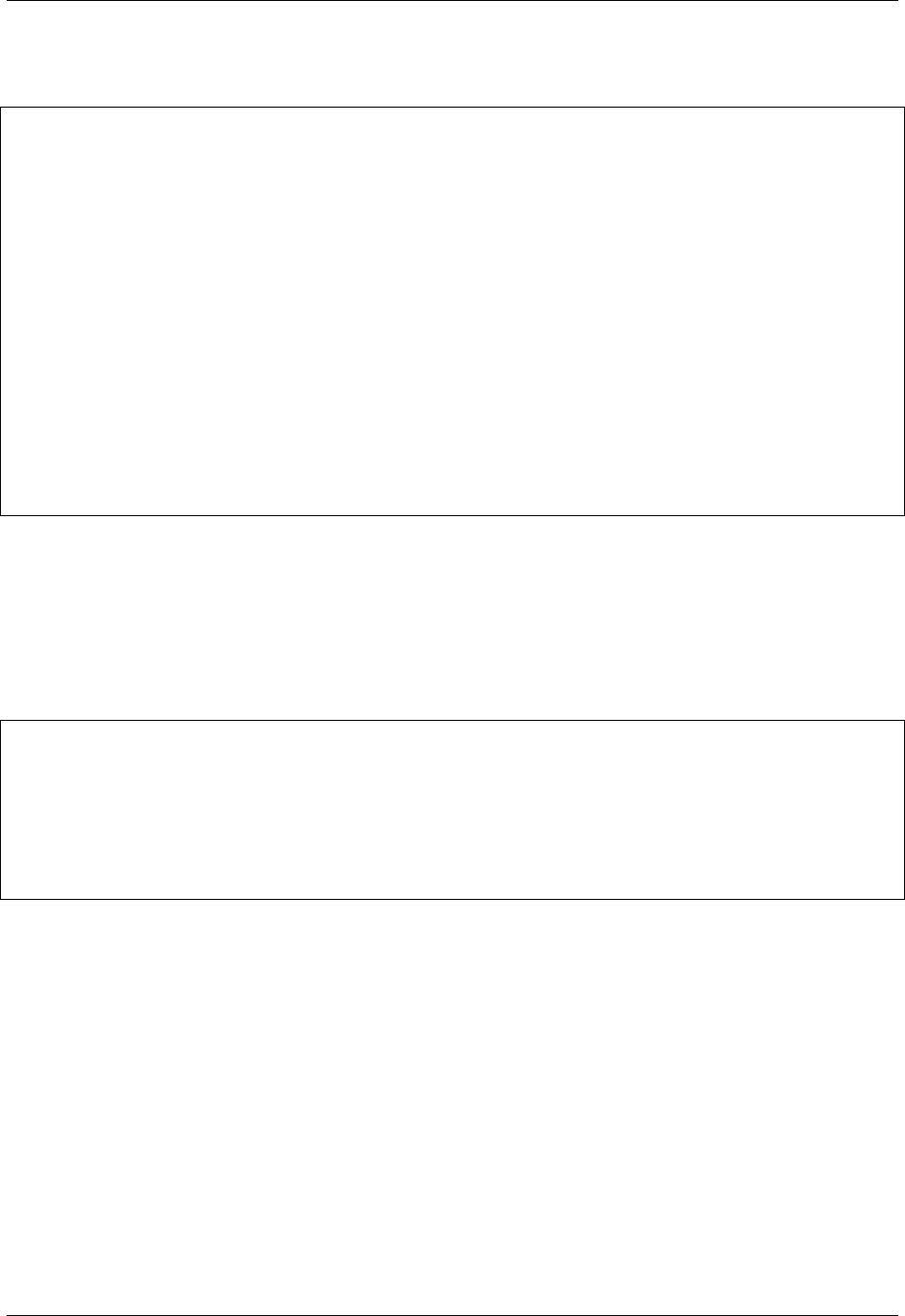
GeoServer User Manual, Release 2.15.1
This is done by adding a set of owc:offering elements in the Atom response, mapping directly from the
table contents:
<owc:offering code="http://www.opengis.net/spec/owc/1.0/req/atom/wcs">
<owc:operation method="GET" code="GetCapabilities" href="http://localhost/sentinel2/
,→sentinel2-TCI/ows?service=WCS&version=2.0.1&request=GetCapabilities" type=
,→"application/xml"/>
</owc:offering>
<owc:offering code="http://www.opengis.net/spec/owc/1.0/req/atom/wmts">
<owc:operation method="GET" code="GetCapabilities" href="http://localhost/sentinel2/
,→sentinel2-TCI/gwc/service/wmts?REQUEST=GetCapabilities" type="application/xml"/>
</owc:offering>
<owc:offering code="http://www.opengis.net/spec/owc/1.0/req/atom/wms">
<owc:operation method="GET" code="GetCapabilities" href="http://localhost/sentinel2/
,→sentinel2-TCI/ows?service=wms&version=1.3.0&request=GetCapabilities" type=
,→"application/xml"/>
<owc:operation method="GET" code="GetMap" href="http://localhost/sentinel2/
,→sentinel2:sentinel2-TCI/wms?SERVICE=WMS&VERSION=1.1.1&REQUEST=GetMap&
,→FORMAT=image%2Fjpeg&STYLES&LAYERS=sentinel2%3Asentinel2-TCI&SRS=EPSG
,→%3A4326&WIDTH=800&HEIGHT=600&BBOX=-180%2C-90%2C180%2C90" type="image/
,→jpeg"/>
</owc:offering>
The contents of the tables need to be filled with the sane named elements of a OWC offering, the href one
can contain a ${BASE_URL} variable that GeoServer will replace with its own base URL.
The granule table
The granule table can be filled with information about the actual raster files making up a certain product in
order to publish the collection as a GeoServer image mosaic:
-- the granules table (might be abstract, and we can use partitioning)
create table granule (
"gid" serial primary key,
"product_id" int not null references product("id")on delete cascade,
"band" varchar,
"location" varchar not null,
"the_geom" geometry(Polygon, 4326)not null
);
The granules associated to a product can have different topologies:
• A single raster file containing all the information about the product
• Multiple raster files splitting the products spatially in regular tiles
• Multiple raster files splitting the product wavelenght wise
• A mix of the two above
Notes about the columns:
• The band column need to be filled only for products split in several files by bands, at the time of
writing it needs to be a progressive integer starting from 1 (the module will hopefully allow more
meaningful band names in the future)
• The location is the absolute path of the file
16.28. OpenSearch for EO 1929
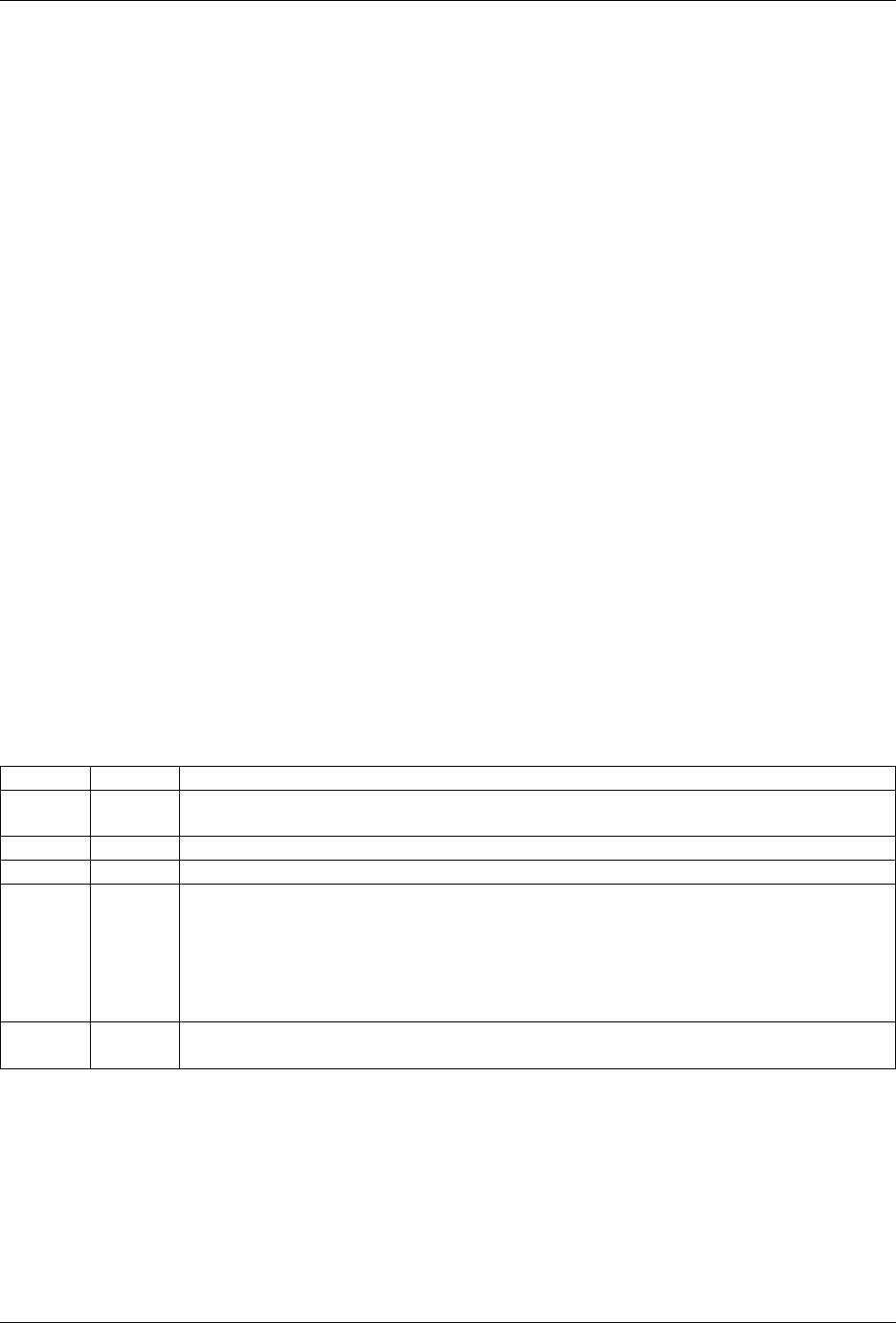
GeoServer User Manual, Release 2.15.1
• The the_geom field is a polygon in WGS84, regardless of what the actual footprint of the file is. The
polygon must represent the rectangular extend of the raster file, not its valid area (masking is to be
treated separately, either with sidecar mask files or with NODATA pixels)
16.28.5 Automation with the administration REST API
The OpenSearch module supports full automation REST API that can be used to create collections, ingest
products and eventually their granules. The full API is available at this URL:
•/oseo
In general terms, one would:
• Create a collection, along with description, thumbnail, metadata, OGC links
• Then create a product, along with description, thumbnail, metadata, OGC links
• Finally, and optionally, specify the granules composing the product (actually needed only if the
OpenSearch subsystem is meant to be used for publishing OGC services layers too, instead of be-
ing a simple search engine.
Understanding the zip file uploads
The description of a collection and product is normally made of various components, in order to expedite
data creation and reduce protocol chattines, it is possible to bulk-upload all files composing the description
of collections and products as a single zip file.
Collection components
A collection.zip, sent as a PUT request to rest/collections would contain the following files:
Name Optional Description
collection.jsonN The collection attributes, matching the database structure (the prefixes are sepa-
rated with a colon in this document)
description.htmlY The HTML description for the collection
metadata.xmlY The metadata for the collection, in ISO format
thumbnail.png,
thumb-
nail.jpg
or
thumb-
nail.jpeg
Y The collection thumbnail
owsLinks.jsonY The list of OWS links to OGC services providing access to the collection contents
(typically as a time enabled layer)
Product components
A product.zip, sent as a POST request to rest/collections/<theCollection>/products would
contain the following files:
1930 Chapter 16. Community modules
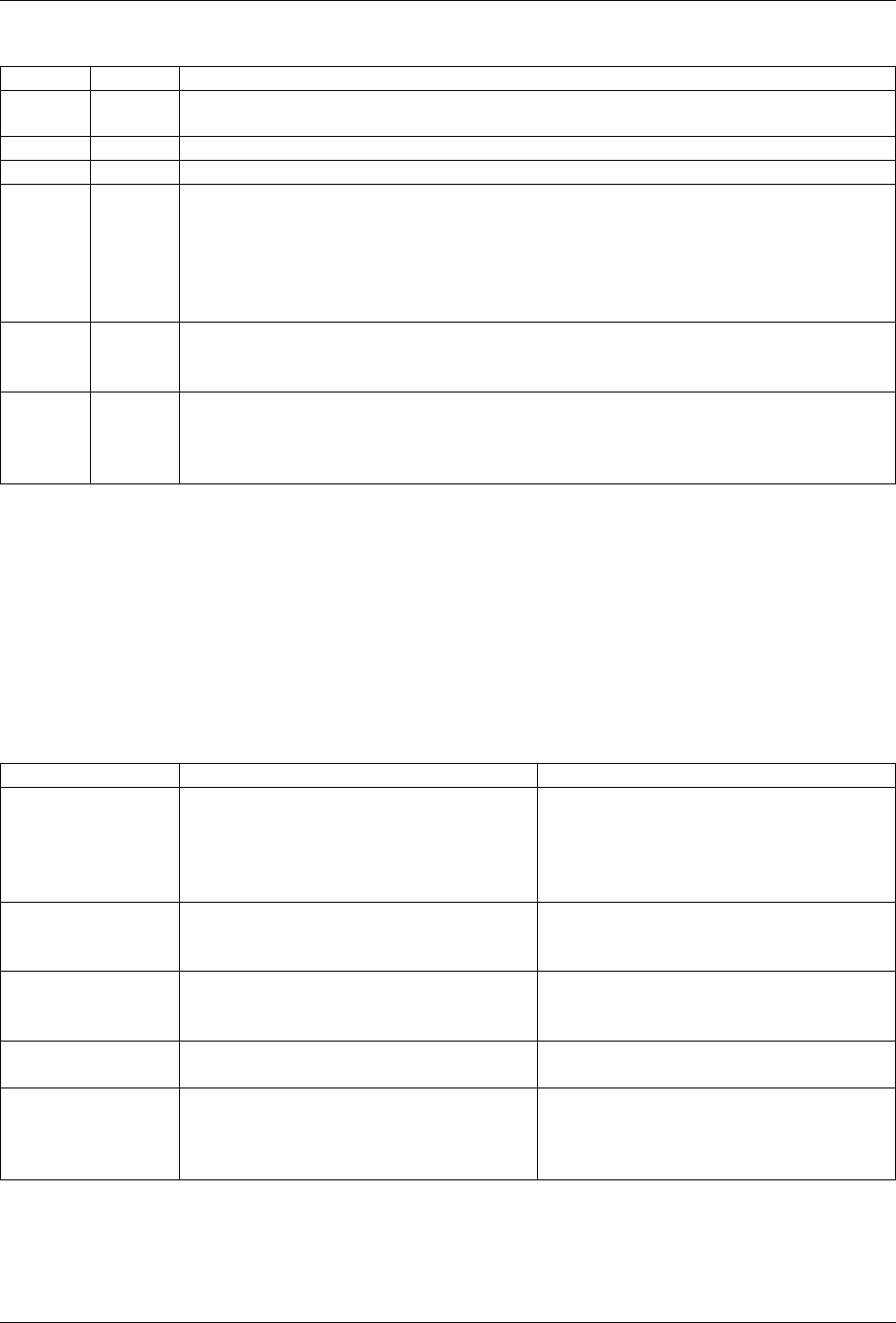
GeoServer User Manual, Release 2.15.1
Name Optional Description
product.jsonN The product attributes, matching the database structure (the prefixes are separated
with a colon in this JSON document)
description.htmlY The HTML description for the product
metadata.xmlY The metadata for the collection, in O&M format
thumbnail.png,
thumb-
nail.jpg
or
thumb-
nail.jpeg
Y The collection thumbnail
owsLinks.jsonY The list of OWS links to OGC services providing access to the product contents
(typically, a specific time slice in the collection layer, but other organizations are
possible too)
granules.jsonY The list of actual files making up the product, along with their bounding boxes,
file location and eventual band name, for products splitting bands in different files.
Could be a single file, a list of files split by area, or a list of files representing the
various bands of a multispectral product.
It is also possible to send the zip file on the rest/collections/<theCollection>/products/
<theProduct> resource as a PUT request, it will update an existing product by replacing the parts con-
tained in the file. Parts missing from the file will be kept unchanged, to remove them run an explicit
DELETE request on their respective REST resources.
Template variable expansion
Some of the metadata/HTML description can embed simple templating variables that GeoServer will ex-
pand while generating output. Here is a description of the variable, and where they can be used
Name Description Usage
${BASE_URL} The server “base url”, typically “proto-
col://host:port/geoserver”, which can
be used to save links that can easily mi-
grate between different environments
(e.g. test vs production)
OGC links, original package location
download links (for products), HTML
descriptions for products and collec-
tions
${ISO_METADATA_LINK}The link to a collection ISO metadata
(GeoServer will point at a URL return-
ing the metadata saved in the database)
A collection HTML description
${OM_METADATA_URL}The link to a product O&M metadata
(GeoServer will point at a URL return-
ing the metadata saved in the database)
A product HTML description
${ATOM_URL} The link to a collection ATOM represen-
tation, as returned by OpenSearch
A collection HTML description
${QUICKLOOK_URL}A link to the product quicklook
(GeoServer will point at a URL re-
turning the quicklook saved in the
database)
A product sample image
16.28. OpenSearch for EO 1931
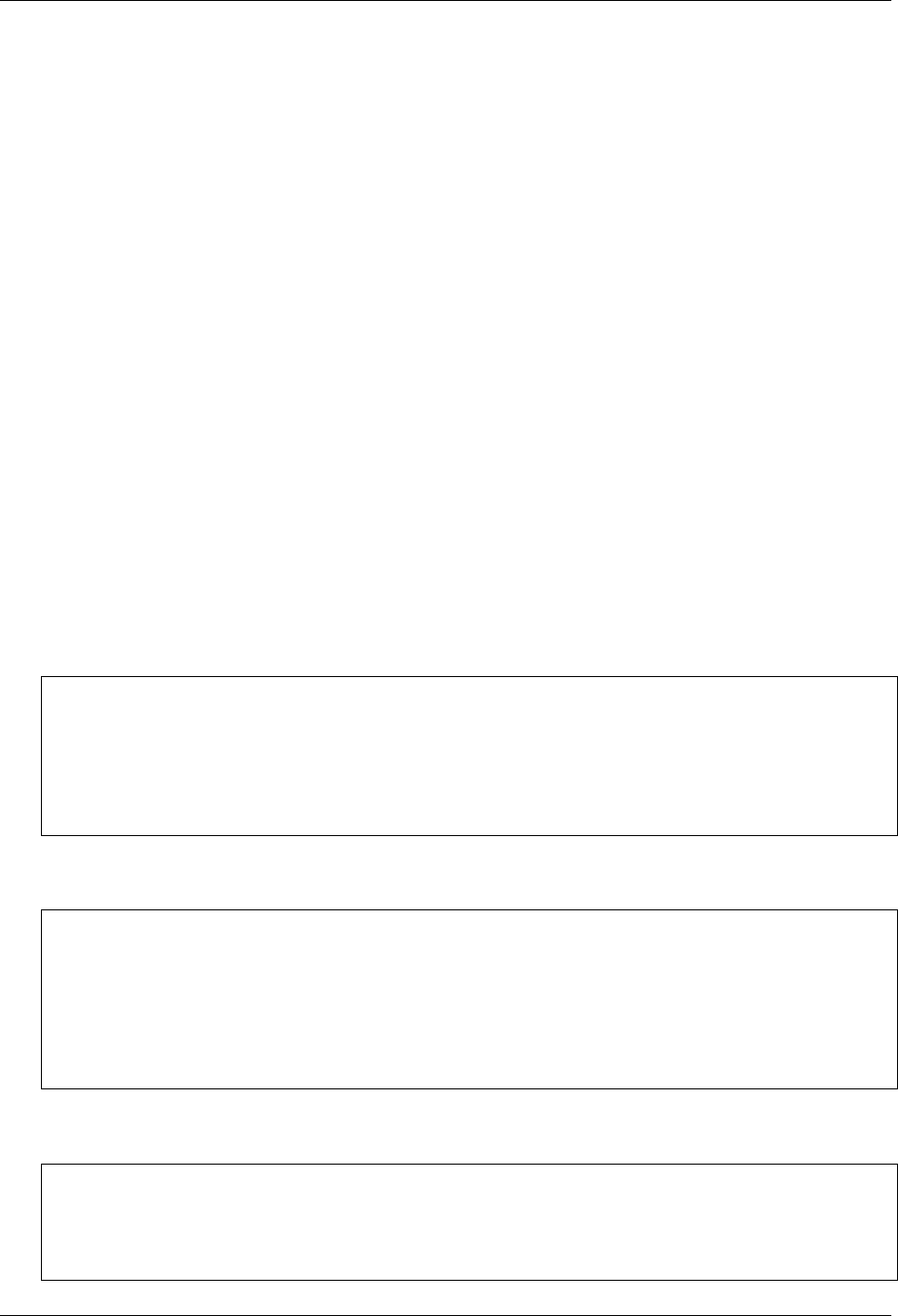
GeoServer User Manual, Release 2.15.1
Usage of the API for search and integrated OGC service publishing
In this case the user intend to both use the OpenSearch module for search purposes, but also to publish
actual mosaics for each collection.
In this case the following approach should is recommended:
• Create a collection via the REST API, using the ZIP file POST upload
• Create at least one product in the collection in the REST API, using the ZIP file POST upload and
providing a full granules.json content with all the granules of said product
• Post a layer publishing description file to /oseo/collection/{COLLECTION}/layers to have
the module setup a set of mosaic configuration files, store, layer with eventual coverage view and
style
A collection can have multiple layers:
• Getting the /oseo/collection/{COLLECTION}/layers resource returns a list of the available
ones
•/oseo/collection/{COLLECTION}/layers/{layer} returns the specific configuration (PUT
can be used to modify it, and DELETE to remove it).
• Creation of a layer configuration can be done either by post-ing to /oseo/collection/
{COLLECTION}/layers or by put-int to /oseo/collection/{COLLECTION}/layers/
{layer}.
The layer configuration specification will have different contents depending on the collection structure:
• Single CRS, non band split, RGB or RGBA files, time configured as an “instant” (only timeStart
used):
{
"workspace":"gs",
"layer":"test123",
"separateBands":false,
"heterogeneousCRS":false,
"timeRanges":false
}
• Single CRS, multiband in single file, with a gray browse style, product time configured as a range
between timeStart and timeEnd:
{
"workspace":"gs",
"layer":"test123",
"separateBands":false,
"browseBands": ["test123[0]"],
"heterogeneousCRS":false,
"timeRanges":true
}
• Heterogeneous CRS, multi-band split across files, with a RGB browse style (“timeRanges” not speci-
fied, implying it’s handled as an instant):
{
"workspace":"gs",
"layer":"test123",
"separateBands":true,
"bands": [
1932 Chapter 16. Community modules

GeoServer User Manual, Release 2.15.1
"VNIR",
"QUALITY",
"CLOUDSHADOW",
"HAZE",
"SNOW"
],
"browseBands": [
"VNIR[0]","VNIR[1]","SNOW"
],
"heterogeneousCRS":true,
"mosaicCRS":"EPSG:4326"
}
In terms of band naming the “bands” parameter contains coverage names as used in the “band” column of
the granules table, in case a granule contains multiple bands, they can be referred by either using the full
name, in which case they will be all picked, or by using zero-based indexes like BANDNAME[INDEX], which
allows to pick a particular band.
The same syntax is meant to be used in the browseBands property. In case the source is not split band,
the browseBands can still be used to select specific bands, using the layer name as the coverage name, e.g.
“test123[0]” to select the first band of the coverage.
16.29 S3 Support for GeoTiff
Support for GeoTiffs hosted on Amazon S3 or on other Amazon S3 compatible services, via a custom
GeoTools GridFormat.
16.29.1 What’s in the Box?
•org.geotools.s3.geotiff : S3 GeoTiff Format/FormatFactory/GridCoverage2dReader implementations
based off of the GeoTiff versions. Only very minor changes to their parent classes.
•org.geotools.s3.cache: Very basic caching of images from S3 based off of EhCache.
•S3ImageInputStreamImpl: An implementation of ImageInputStream from JAI for reading imagery from
S3. This class mainly contains the logic of stream position and chunking, while the cache package
handles the actual S3 reads.
16.29.2 GeoTiffs hosted on Amazon S3
Configuration
Almost all configuration is currently done via system properties. For caching configuration, please see the
class org.geotools.s3.cache.CacheConfig.
Usage
S3GeoTiff uses s3:// style URLs to operate. The only twist is that S3GeoTiff uses query string parameters
to configure certain parameters
•awsRegion: Controls the region to use when connecting. Needs to be in Java enum format eg.
US_WEST_2
16.29. S3 Support for GeoTiff 1933

GeoServer User Manual, Release 2.15.1
•useAnon: Controls whether to authenticate anonymously. This needs to be used to connect anony-
mous buckets
For example:
s3://landsat-pds/L8/001/002/LC80010022016230LGN00/LC80010022016230LGN00_B1.TIF?useAnon=true&awsRegion=US_WEST_2
Credentials
Unless S3_USE_ANON is set to true the [default AWS client credential chain](http://docs.aws.amazon.
com/sdk-for-java/v1/developer-guide/credentials.html#using-the-default-credential-provider-chain) is
used.
16.29.3 GeoTiffs hosted on other Amazon S3 compatible services
Access geotiffs on S3 servers not hosted on Amazon, e.g. https://www.minio.io/ or other. There are 2
steps to access the geofiff files. configure the server in the s3.properties file and then you can use the prefix
as an alias to access the file in the S3GeoTiff module for geoserver.
Configuration
The S3 endpoints are configured in the s3.properties file. The following properties are needed for each
endpoint. The prefix alias can be any value you choose in order to configure multiple endpoints.
•alias.s3.endpoint=http://your-s3-server/
•alias.s3.user=your-user-name
•alias.s3.password=your-password
Usage
Using the above configuration in the s3.properties file, the files on the S3 service can be accessed with the
following URL style configuration in geoserver:
alias://bucketname/filename.tiff
•alias: The prefix you choose for the configuration of the endpoint
•bucketname: The path to the folder where the geotiffs are stored
•filename.tif : The name of the geotiff file
16.30 Status Monitoring
The status monitoring module add some extra information about the system in the GeoServer status page
in a new tab named Monitoring and make that info queryable through GeoServer REST interface. This
info should allow an administrator to get a quick understanding about the status of the GeoServer instance.
Library OSHI is used to retrieving system-level information without depending on native libraries or DLLs,
relying solely on Apache JNA. Major operating systems (Linux, Windows and MacOX) are supported out
of the box.
The available system information is:
1934 Chapter 16. Community modules
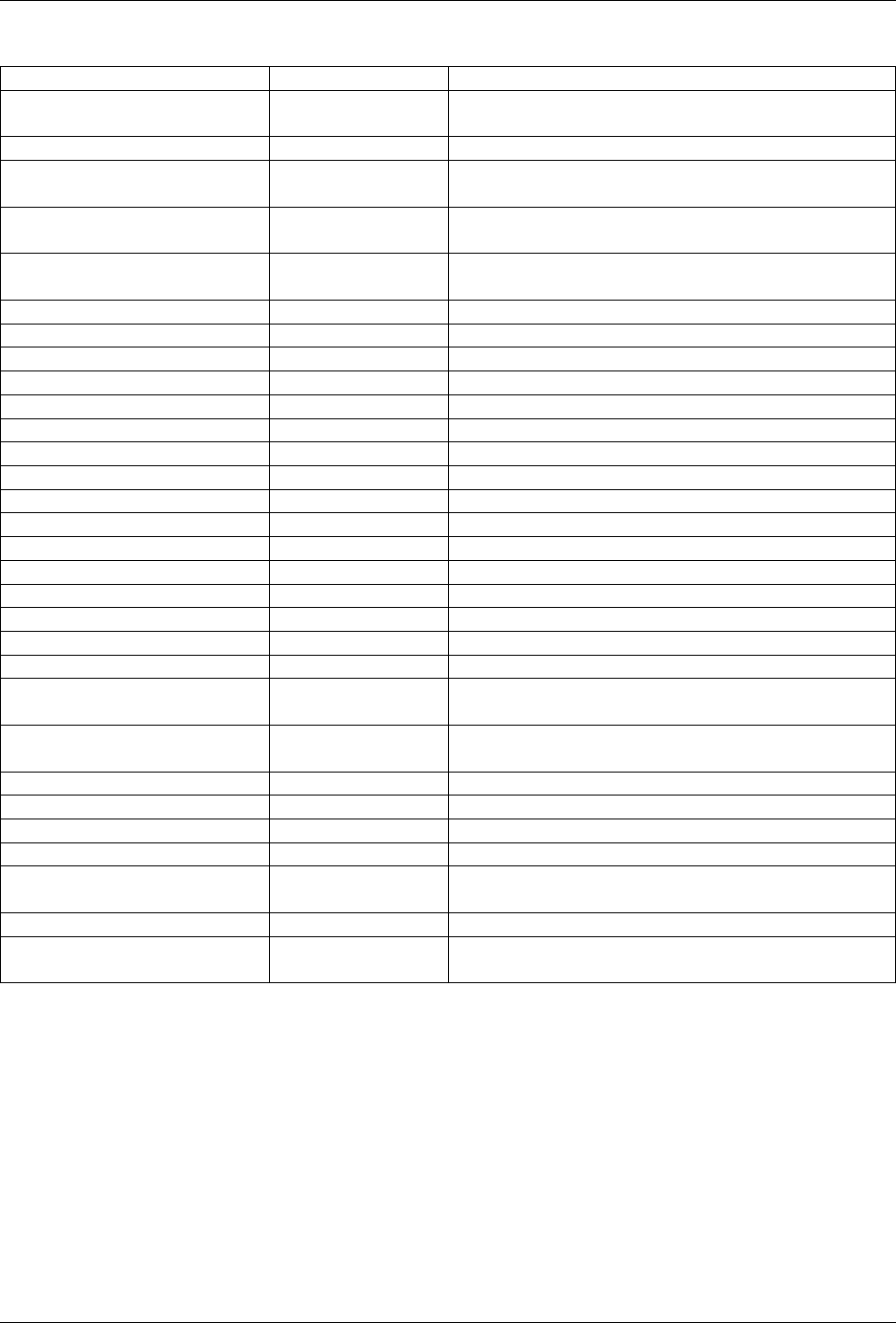
GeoServer User Manual, Release 2.15.1
Info Example Description
Operating system Linux Mint 18 Name of the operating system and the used ver-
sion
Uptime 08:34:50 Up time of the system
System average load 1
minute
0.90 System average load for the last minute
System average load 5 min-
utes
1.12 System average load for the last five minute
System average load 15
minute
0.68 System average load for the last fifteen minute
Number of physical CPUs 4 Number of physical CPUs / cores available
Number of logical CPUs 8 Number of logical CPUs / cores available
Number of running process 316 Total number of process running in the system
Number of running threads 1094 Total number of threads running in the system
CPU load average 4.12 % Average load of the CPU in the last second
CPU * load 11.43 % Load of a specific core in the last second
Used physical memory 31.58 % Percentage of the system memory used
Total physical memory 31.4 GiB System total memory
Free physical memory 21.4 GiB System memory available for use
Used swap memory 0.00% Percentage of swap memory used
Total swap memory 32.0 GiB System total swap memory
Free swap memory 32.0 GiB Free swap memory
File system usage 65.47 % File system usage taking in account all partitions
Partition * used space 54.8 % Percentage of space used in a specific partition
Partition * total space 338.9 GiB Total space of a specific partition
Partition * free space 117.0 GiB Free space on a specific partition
Network interfaces send 42.0 MiB Data send through all the available network inter-
faces
Network interfaces received 700.4 MiB Data received through all the available network in-
terfaces
Network interface * send 25.0 MiB Data send through a specific network interface
Network interface * received 250.4 MiB Data received through a specific network interface
CPU temperature 52.00 ºC CPU temperature
CPU voltage 1.5 V CPU voltage
GeoServer CPU usage 3.5 % Percentage of CPU used by GeoServer in the last
second
GeoServer threads 49 Number of threads created by GeoServer
GeoServer JVM memory us-
age
5.83 % Percentage of the JVM memory used by GeoServer
If some information is not available the special term NOT AVAILABLE will appear. Values will be automat-
ically converted to best human readable unit.
16.30.1 Installing the extension
1. Download the Status Monitoring extension from the nightly GeoServer community module builds.
2. Place the JARs into the WEB-INF/lib directory of the GeoServer installation.
16.30. Status Monitoring 1935
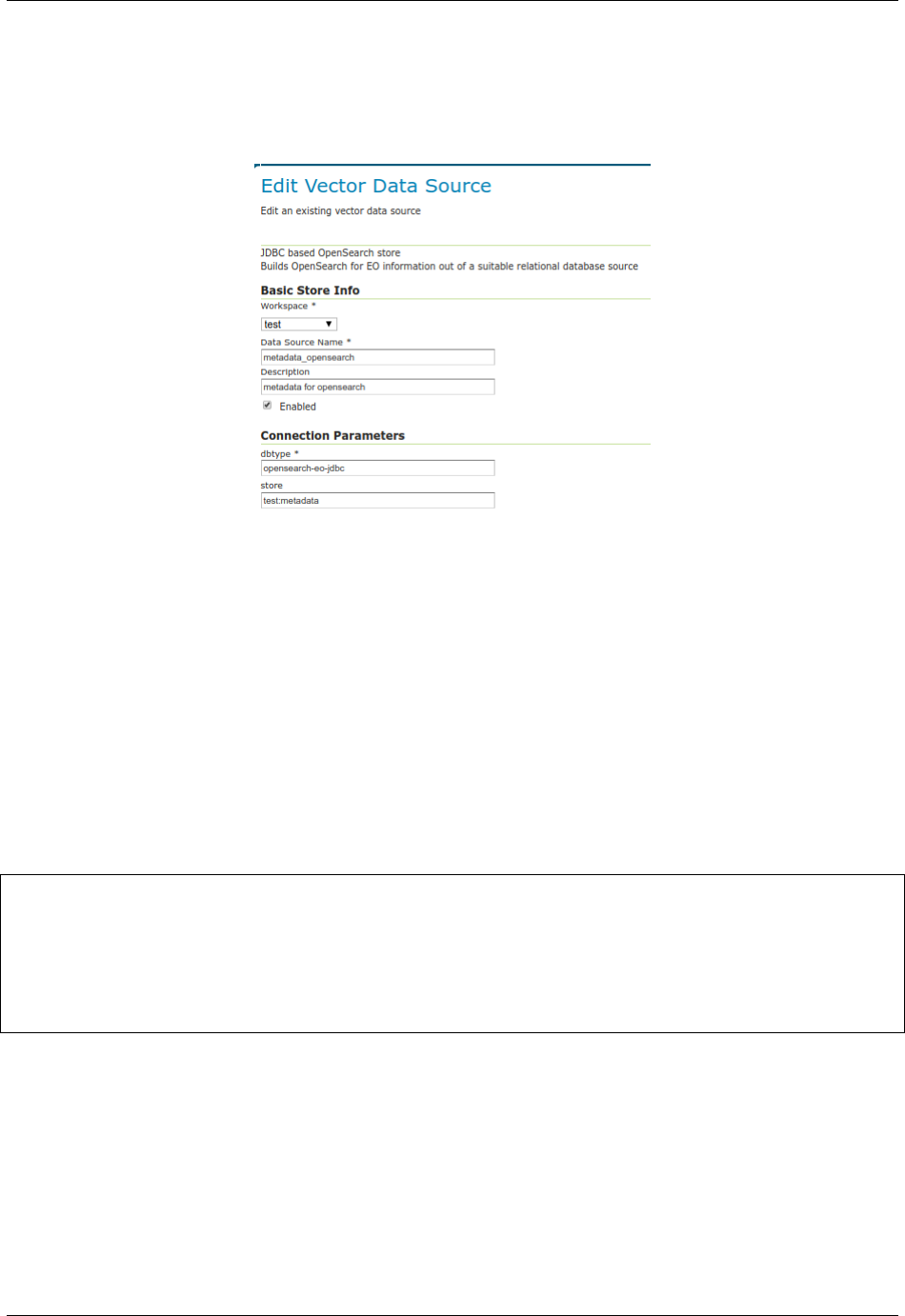
GeoServer User Manual, Release 2.15.1
16.30.2 Usage
The system information will be available in the GeoServer status page in the Monitoring tab (the follow-
ing image only shows part of the available system information):
If the Monitoring tab is not present, it means that the plugin was not installed correctly. The Monitoring
tab content will be refreshed automatically every second.
16.30.3 REST interface
It is possible to request the available system information (monitoring data) through GeoServer REST API.
The supported formats are XML, JSON and HTML.
The available REST endpoints are:
/geoserver/rest/about/monitoring
/geoserver/rest/about/monitoring.json
/geoserver/rest/about/monitoring.xml
/geoserver/rest/about/monitoring.html
The HTML representation of the system data is equal to the Monitoring tab representation:
The XML and JSON representations are quite similar, for each system information the following attributes
will be available:
1936 Chapter 16. Community modules
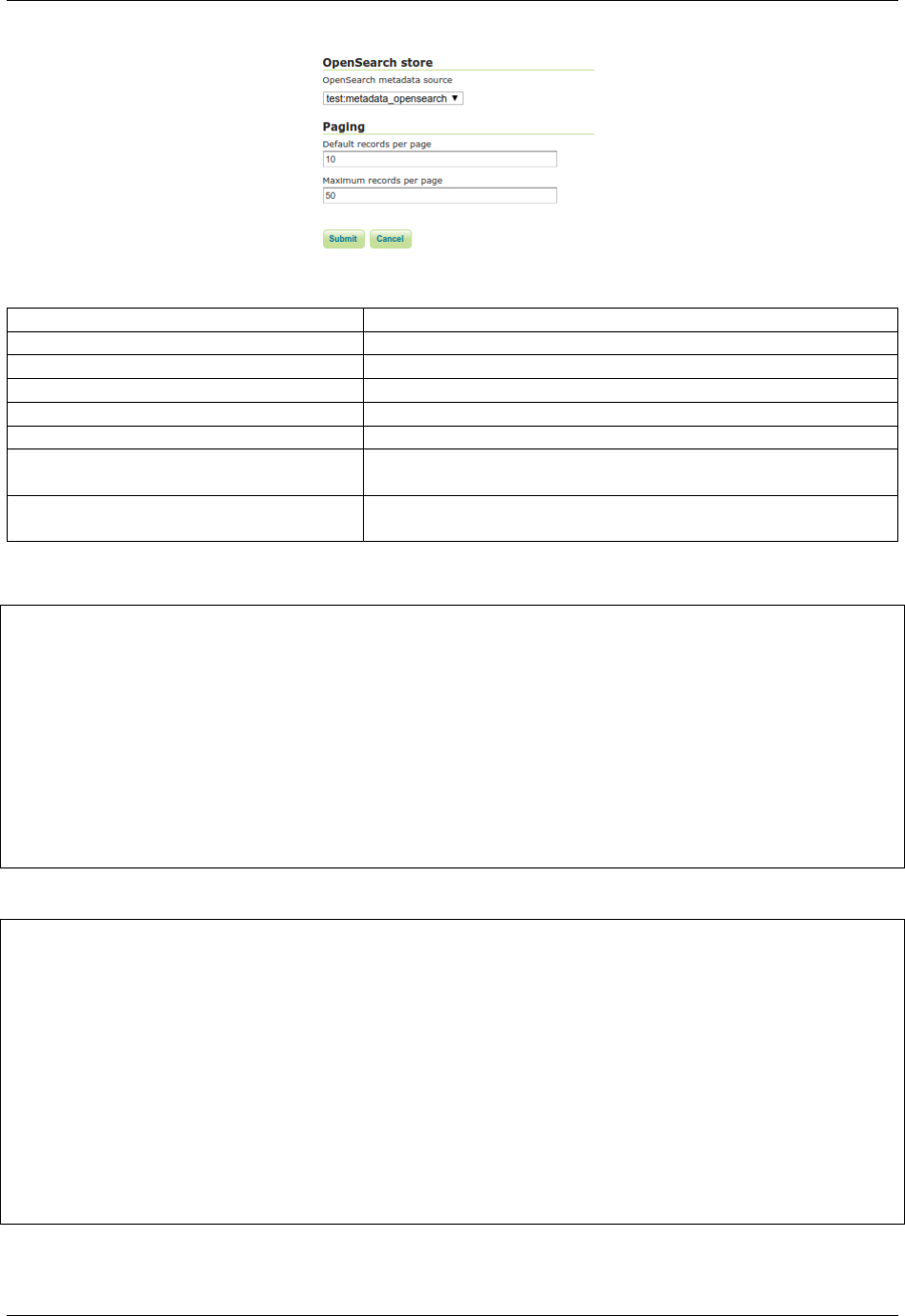
GeoServer User Manual, Release 2.15.1
Name Description
name name of the metric
available TRUE if the system information value is available
description description of this system information
unit unit of the system information, can be empty
category category of this system information
priority this value can be used to render the metrics in a predefined
order
identifier identifies the resource associated with the metric, e.g. file par-
tition name
Example of XML representation:
<metrics>
<metric>
<value>99614720</value>
<available>true</available>
<description>Partition [/dev/nvme0n1p2] total space</description>
<name>PARTITION_TOTAL</name>
<unit>bytes</unit>
<category>FILE_SYSTEM</category>
<identifier>/dev/nvme0n1p2</identifier>
<priority>507</priority>
</metric>
(...)
Example of JSON representation:
{
"metrics": {
"metric": [
{
"available": true,
"category":"FILE_SYSTEM",
"description":"Partition [/dev/nvme0n1p2] total space",
"identifier":"/dev/nvme0n1p2",
"name":"PARTITION_TOTAL",
"priority":507,
"unit":"bytes",
"value":99614720
},
(...)
16.30. Status Monitoring 1937
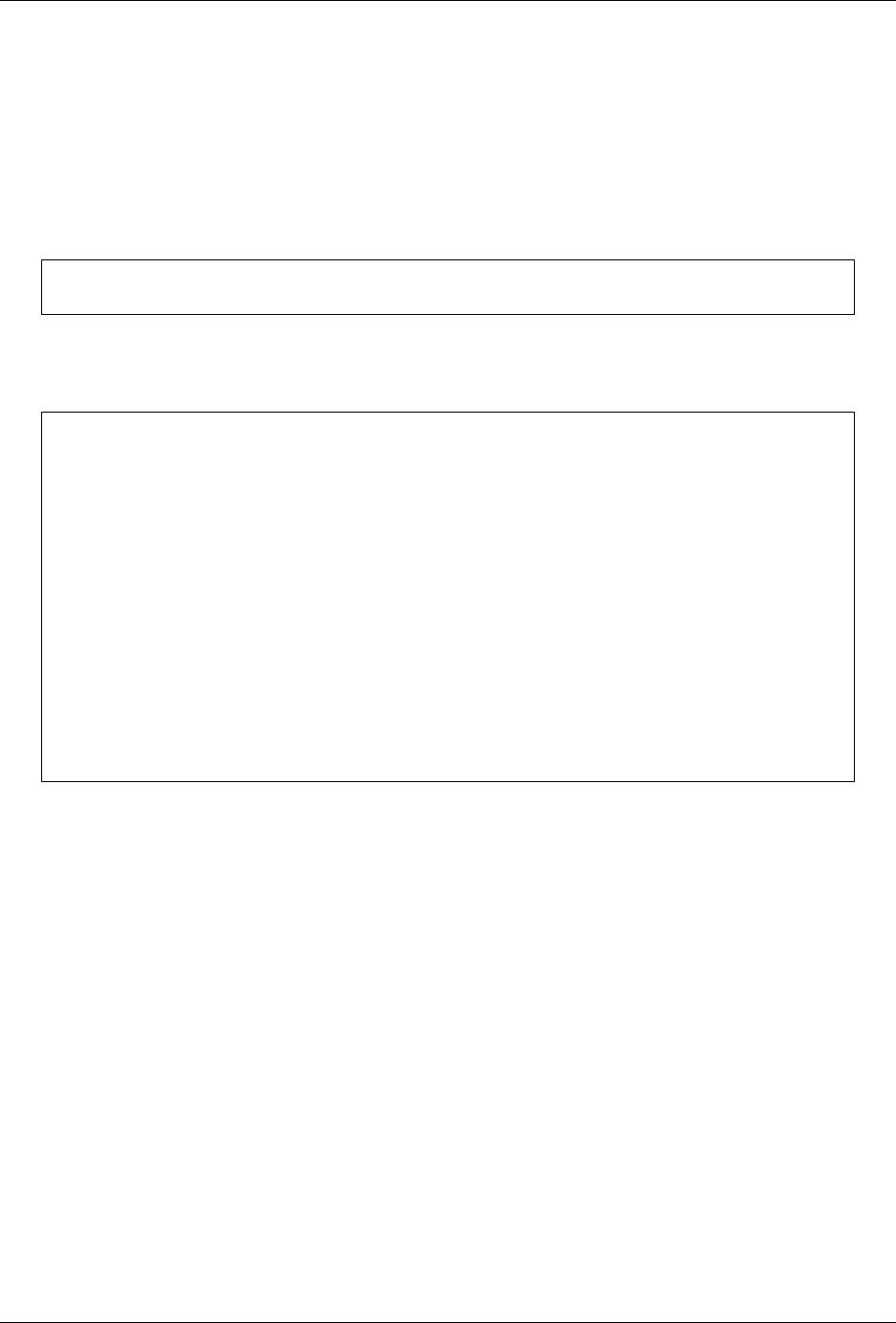
GeoServer User Manual, Release 2.15.1
16.31 NSG Profile
NSG Profile introduces a new operation for WFS 2.0.2 named PageResults. This operation will allow clients
to access paginated results using random positions.
The current WFS 2.0.2 OGC specification defines a basic pagination support that can been used to navigate
through features responses results.
Pagination is activated when parameters count and startIndex are used in the query, for example:
http://<host>/geoserver/ows?service=WFS&version=2.0.0&request=GetFeature&
,→typeNames=topp%3Atasmania_roads&count=5&startIndex=0
In this case each page will contain five features. The returned feature collection will have the next and
previous attributes which will contain an URL that will allow clients to navigate through the results pages,
i.e. previous page and next page:
<wfs:FeatureCollection
previous="http://localhost:8080/geoserver/wfs?
REQUEST=GetFeature&
VERSION=2.0.0&
TYPENAMES=topp:tasmania_roads&
SERVICE=WFS&
COUNT=2&
STARTINDEX=0"
next="http://localhost:8080/geoserver/wfs?
REQUEST=GetFeature&
VERSION=2.0.0&
TYPENAMES=topp:tasmania_roads&
SERVICE=WFS&
COUNT=2&
STARTINDEX=4"
numberMatched="14"
numberReturned="2">
This means that this type of navigation will always be sequential, if the client is showing page two and the
user wants to see page five the client will have to:
1. request page three and use the provided next URL to retrieve page four
2. request page four and use the provided next URI to retrieve page five
This is not an ideal solution to access random pages, which is common action. PageResults operation adds
a standard way to perform request random pages directly.
16.31.1 Installing the extension
1. Download the NSG Profile extension from the nightly GeoServer community module builds.
2. Place the JARs into the WEB-INF/lib directory of the GeoServer installation.
16.31.2 Configure the extension
The root directory inside the GeoServer data directory for the nsg-profile community module is named
nsg-profile and all the configurations properties are stored in a file named configuration.properties.
1938 Chapter 16. Community modules
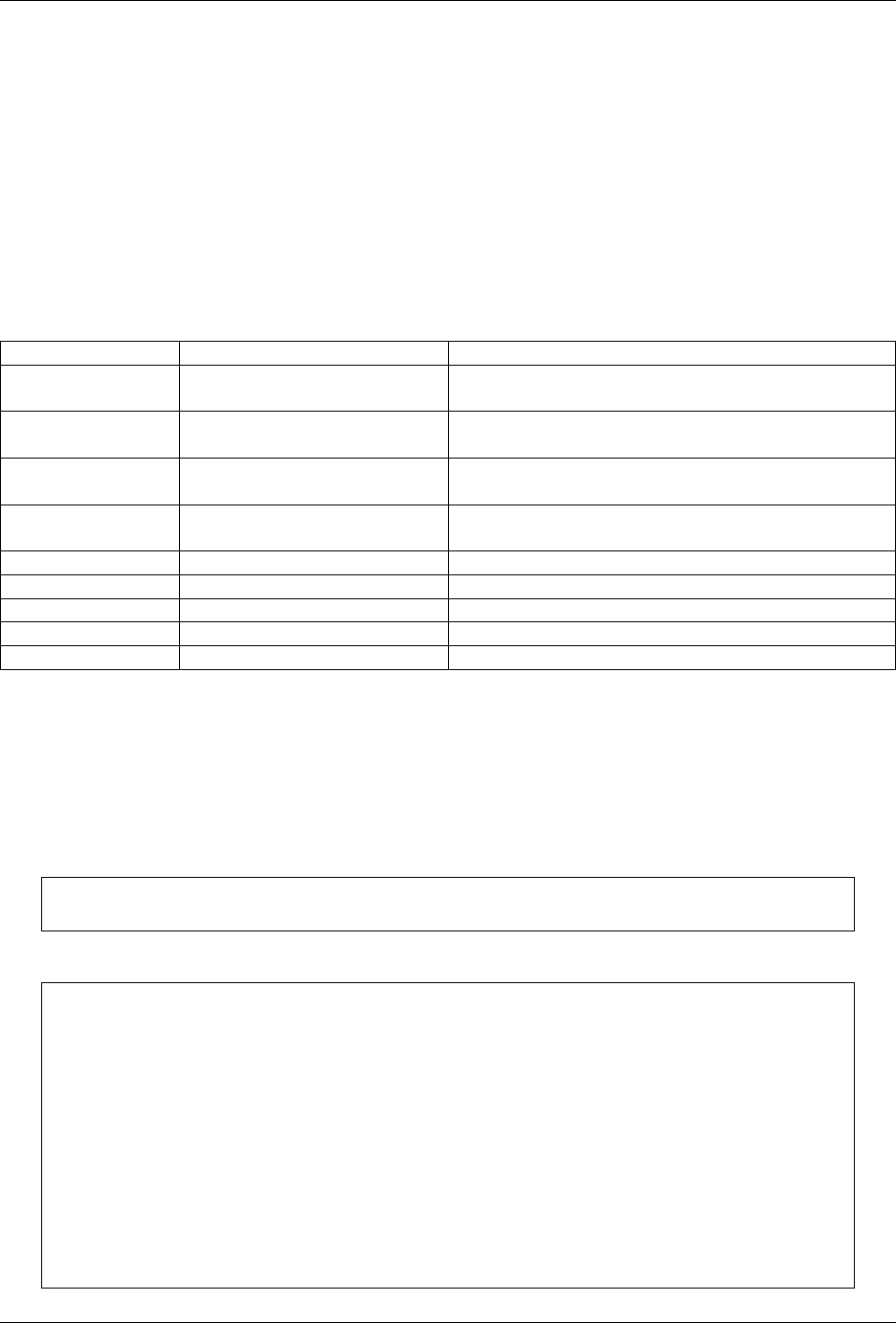
GeoServer User Manual, Release 2.15.1
All configuration properties are changeable at runtime, which means that if a property is updated the
module take it into account.
When the application starts if no configuration file exists one with the default values is created.
The GetFeature requests representations associated with an index result type is serialized and stored in the
file system in a location that is configurable.
The default location, relative to the GeoServer data directory, is nsg-profie/resultSets.
The GetFeature request to resultSetID mapping is stored by default in an H2 DB in nsg-profie/resultSets
folder; for details on database configuration see GeoTools JDBCDataStore syntax
The configuration properties are the follows:
Name Default Value Description
resultSets.storage.path${GEOSERVER_DATA_DIR}/nsg-
profile/resultSets
Path where to store GetFeature requests represen-
tations
resultSets.timeToLive600 How long a GetFeature request should be main-
tained by the server (in seconds)
resultSets.db.dbtype h2 DB type used to store GetFeature request to result-
SetID mapping
resultSets.db.database${GEOSERVER_DATA_DIR}/nsg-
profile/db/resultSets
path where to store GetFeature request to result-
SetID mapping
resultSets.db.user sa database user username
resultSets.db.passwordsa database user password
resultSets.db.port database port to connect to
resultSets.db.schema database schema
resultSets.db.host server to connect to
16.31.3 Index Result Type
The index result type extends the WFS hits result type by adding an extra attribute named resultSetID
to the response. The resultSetID attribute can then be used by the PageResults operation to navigate
randomly through the results.
A GetFeature request that uses the index result type should look like this:
http://<host>/geoserver/ows?service=WFS&version=2.0.0&request=GetFeature&
,→typeNames=topp%3Atasmania_roads&resultType=index
The response of a GetFeature operation when the index result type is used should look like this:
<?xml version="1.0" encoding="UTF-8"?>
<wfs:FeatureCollection
numberMatched="14"
numberReturned="0"
resultSetID="ef35292477a011e7b5a5be2e44b06b34"
xmlns:fes="http://www.opengis.net/fes/2.0"
xmlns:gml="http://www.opengis.net/gml/3.2"
xmlns:ows="http://www.opengis.net/ows/1.1"
xmlns:wfs="http://www.opengis.net/wfs/2.0"
xmlns:xlink="http://www.w3.org/1999/xlink"
xmlns:xs="http://www.w3.org/2001/XMLSchema"
xmlns:xsi="http://www.w3.org/2001/XMLSchema-instance"
xsi:schemaLocation="http://www.opengis.net/wfs/2.0
http://schemas.opengis.net/wfs/2.0/wfs.xsd"/>
16.31. NSG Profile 1939
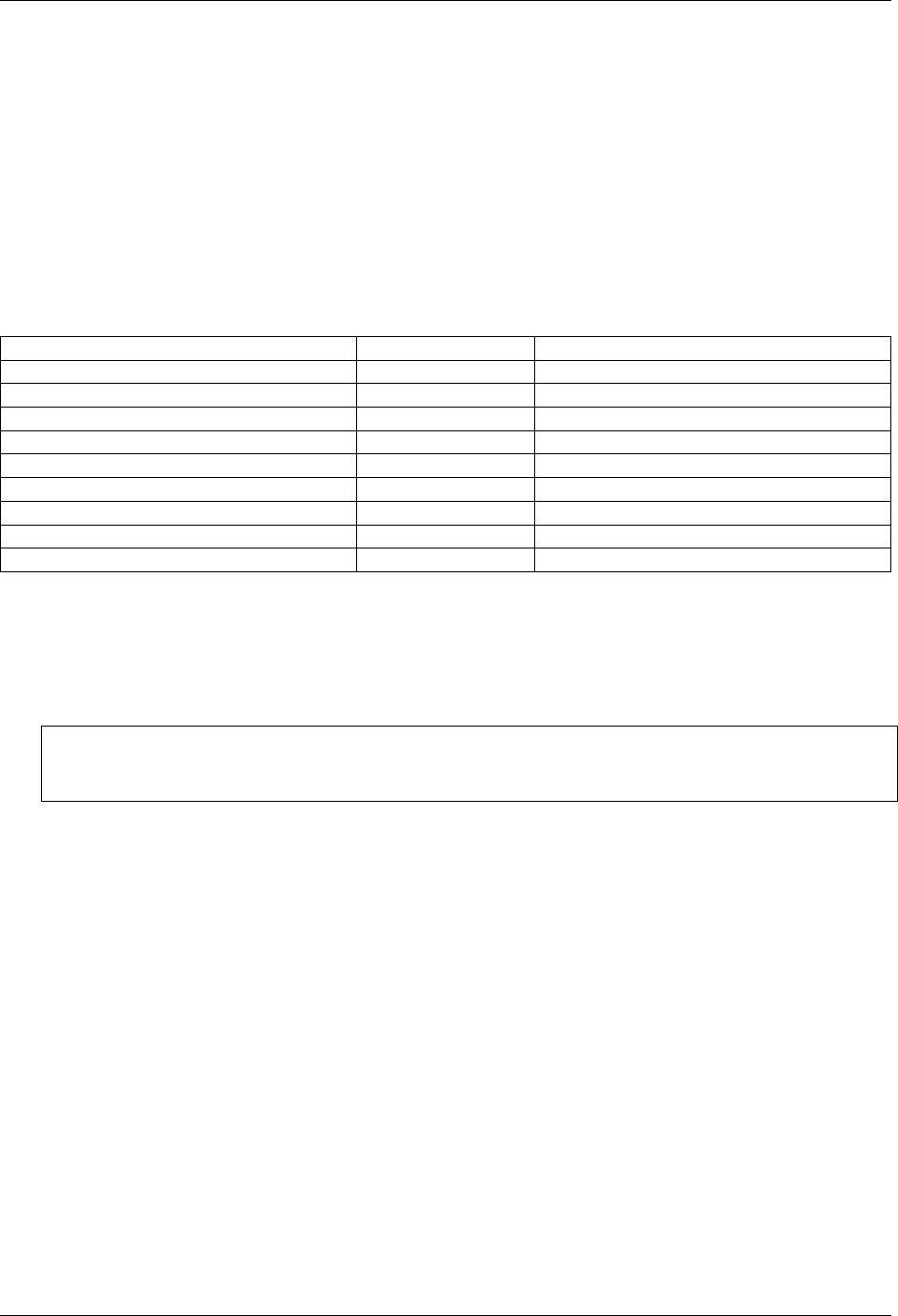
GeoServer User Manual, Release 2.15.1
The resultSetID is an unique identifier that identifies the original request.
Clients will use the resultSetID with the PageResults operation to reference the original request.
If pagination is used, the previous and next attributes should appear as in hits result type request.
16.31.4 PageResults Operation
The PageResults operation allows clients to query random positions of an existing result set (stored Get-
Feature request) that was previously created using the index result type request.
The available parameters are this ones:
Name Mandatory Default Value
service YES WFS
version YES 2.0.2
request YES PageResults
resultSetID YES
startIndex NO 0
count NO 10
outputFormat NO application/gml+xml; version=3.2
resultType NO results
timeout NO 300
The two parameters that are not already supported by the GetFeature operation are the resultSetID param-
eter and the timeout parameter.
1. The resultSetID parameter should reference an existing result set (stored GetFeature request).
A typical PageResults request will look like this:
http://<host>/geoserver/ows?service=WFS&version=2.0.2&request=PageResults&
,→resultSetID=ef35292477a011e7b5a5be2e44b06b34&startIndex=5&count=10&
,→outputFormat=application/gml+xml; version=3.2&resultType=results
This looks like a GetFeature request where the query expression was substituted by the resultSetID
parameter.
2. The timeout parameter is not implemented yet.
The following parameters of index request are override using the ones provided with the PageResults
operation or the default values:
1. startIndex
2. count
3. outputFormat
4. resultType
and finally the GetFeature response is returned.
16.32 GHRSST NetCDF output
GHRSST is Group for High Resolution Sea Surface Temperature. Among its various activities it issued a
specification on how sea surface temperature data should be organized in NetCDF files.
1940 Chapter 16. Community modules
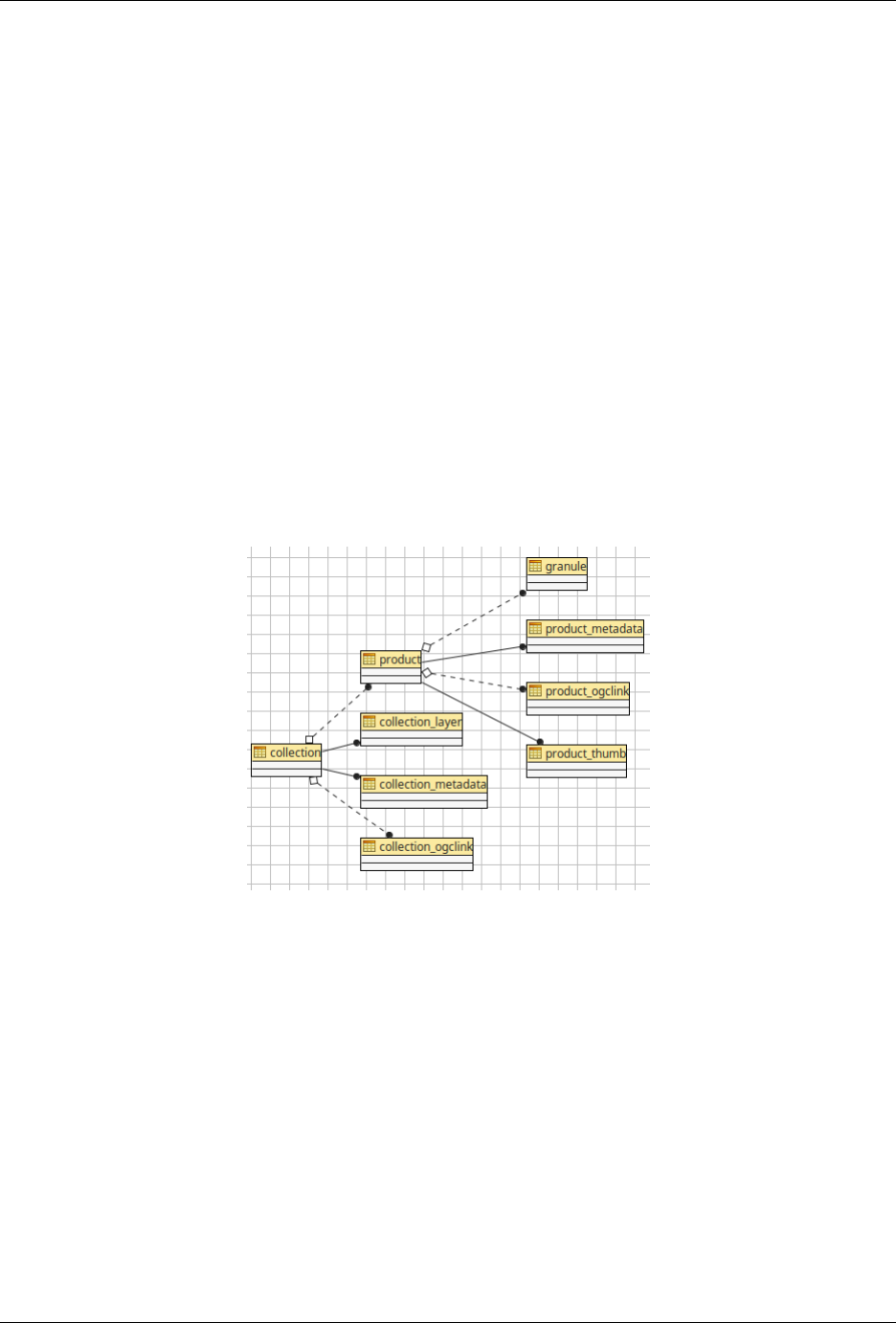
GeoServer User Manual, Release 2.15.1
The NetCDF GHRSST module allows to generate complaint GHRSST files as WCS outputs, given a com-
pliant GHRSST input.
16.32.1 Installation
As a community module, the package needs to be downloaded from the nightly builds, picking the com-
munity folder of the corresponding GeoServer series (e.g. if working on GeoServer master nightly builds,
pick the zip file form master/community-latest).
To install the module, unpack the zip file contents into GeoServer own WEB-INF/lib directory and restart
GeoServer.
For the module to work, the NetCDF and NetCDF Output Format extensions must also be installed.
16.32.2 Input preparation
A GHRSST file contains multiple variables that are related with each other, and should be explored
toghether in order to better understand the data. Thus, it is assumed that the source GHRSST file is pub-
lished as a single coverage view holding all the variables as bands, retaining their native name (this is
important for the plugin to work):
A GHRSST output must also have a time, so the time dimension of this layer should be enabled (the output
generation will fail with an error otherwise).
At the time of writing a coverage view requires the source bands to be of uniform data type, and the data
sources might not be. In case setting up the view is not possible with the data available, a NCML file can
be used to reprocess the source NetCDF into one that has bands with uniform data type. A downloadable
example has been provided to facilitate setting up the view.
Download the reference NCML transformation
The GHRSST may also have to be setup in a image mosaic in order to provide a deep temporal layer that
users can select data from. The image mosaic setup can be complex, so a downloadable example has been
provided for it as well (will require some changes, at a minimum, fix the paths at the bottom of indexer.xml,
and the database connection parameters in the two datastore properties files).
Download the sample mosaic configuration files
16.32. GHRSST NetCDF output 1941
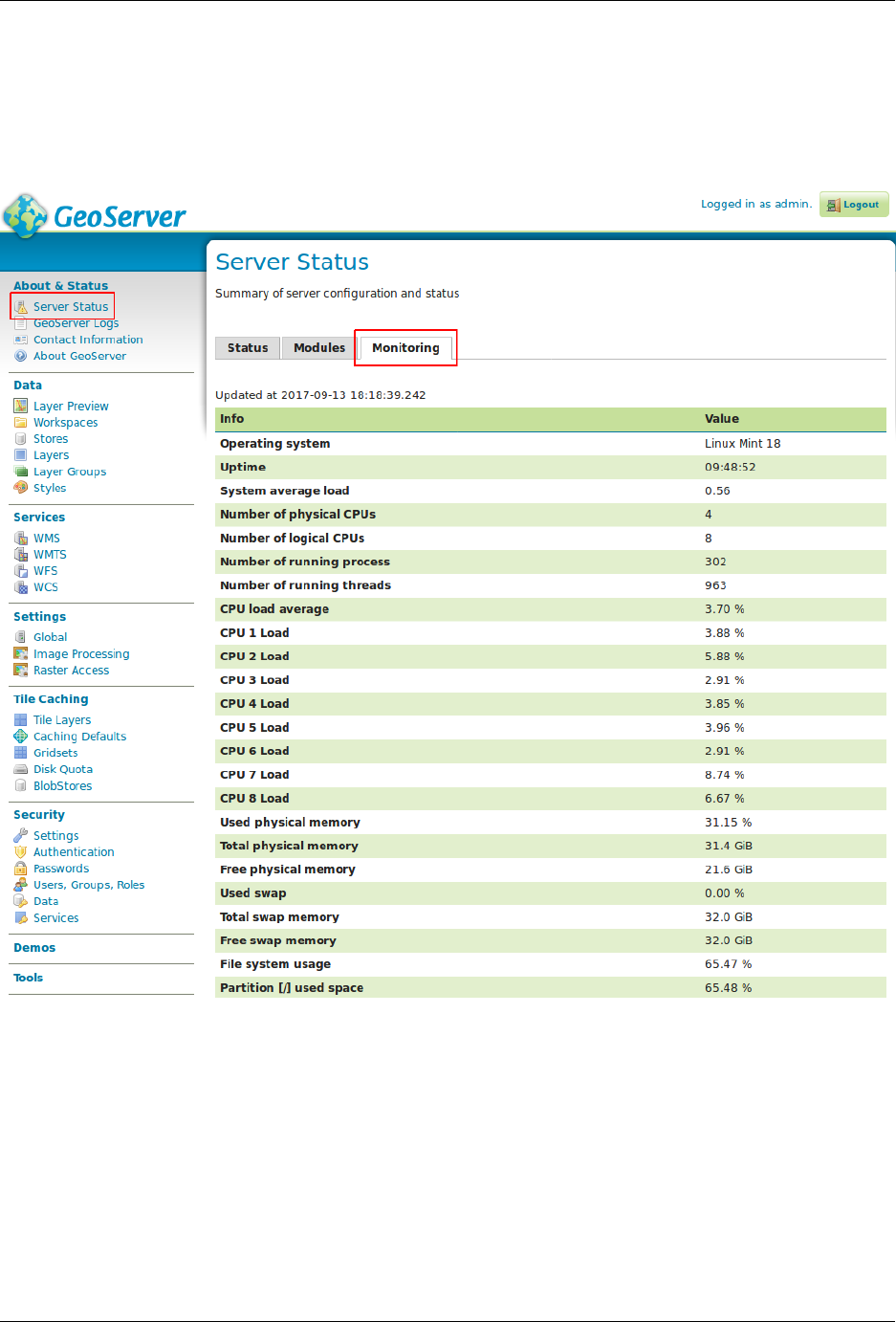
GeoServer User Manual, Release 2.15.1
16.32.3 Configuring GHRSST output
The normal WCS NetCDF output will pick the first band of a coverage and generate a single variable
NetCDF output. When the GHRSST plugin is installed, a new UI element will show up that enables
GHRSST output:
Notes about the configuration UI:
• Various normal configurations such as variable name, unit of measure, and data packing will be
ignored (each variable in GHRSST has its own assigned data type and packing, as from specification)
• For the output to be compliant, enable copy of both global and per variable attributes
• The RDAC, Processing Level, SST Type and Product String have to be filled in order to generate a
valid GHRSST file name in output. The user interface provides auto-complete with names picked
from the specification, but others can be inputed as well.
For the output to generate correctly the coverage band names have to follow exactly the expected specifi-
cation variable names (which comes naturally if the input is valid GHRSST), variable will be re-packed in
1942 Chapter 16. Community modules
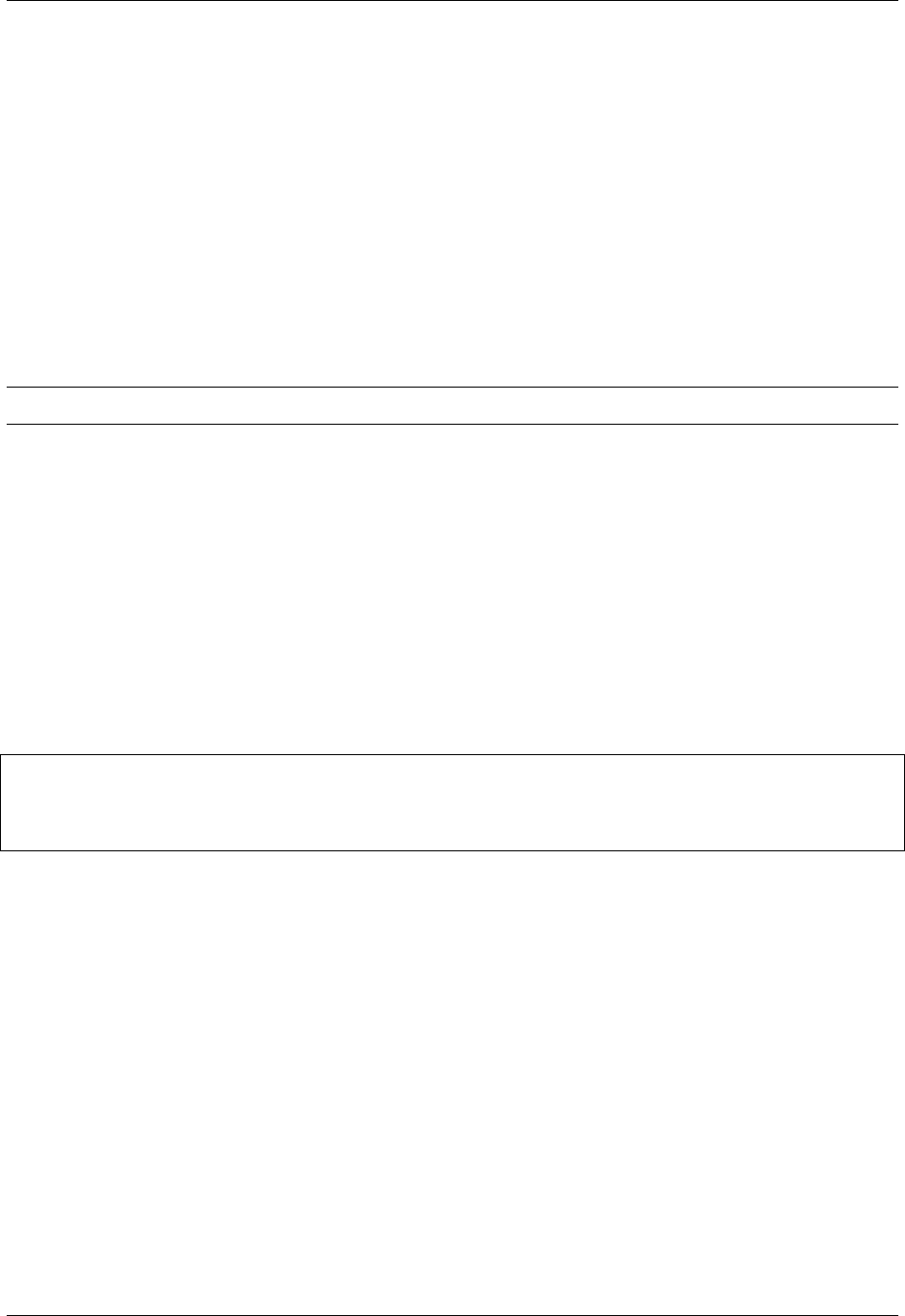
GeoServer User Manual, Release 2.15.1
output according to specification, so even if the inputs are all floats, the output will follow the expected
data types.
Any extra coverage band not present in the specification will be copied from input to output un-modified.
16.33 Monitoring Hibernate storage
The monitor hibernate storage allows to track the requests made against a GeoServer instance in a relational
database, as opposed to keeping the data in memory for a short time, or logging it on a audit file.
16.33.1 Installing the Hibernate Monitor Extension
Note: If performing an upgrade of the monitor extension please see Upgrading.
As a community module, the package needs to be downloaded from the nightly builds, picking the com-
munity folder of the corresponding GeoServer series (e.g. if working on GeoServer master nightly builds,
pick the zip file form master/community-latest).
To install the module, unpack the zip file contents into GeoServer own WEB-INF/lib directory and restart
GeoServer.
For the module to work, the Monitoring extensions must also be installed.
16.33.2 Hibernate storage Configuration
Many aspects of the monitor extension are configurable. The configuration files are stored in the data
directory under the monitoring directory:
<data_directory>
monitoring/
db.properties
hibernate.properties
In particular: * db.properties - Database configuration when using database persistence. * hiber-
nate.properties - Hibernate configuration when using database persistence.
Monitor Storage
How request data is persisted is configurable via the storage property defined in the monitor.
properties file. The following values are supported for the storage property:
•memory - Request data is to be persisted in memory alone.
•hibernate - Request data is to be persisted in a relational database via Hibernate.
The default value is memory, in order to use hibernate the storage configuration needs to be switced to
hibernate.
16.33. Monitoring Hibernate storage 1943
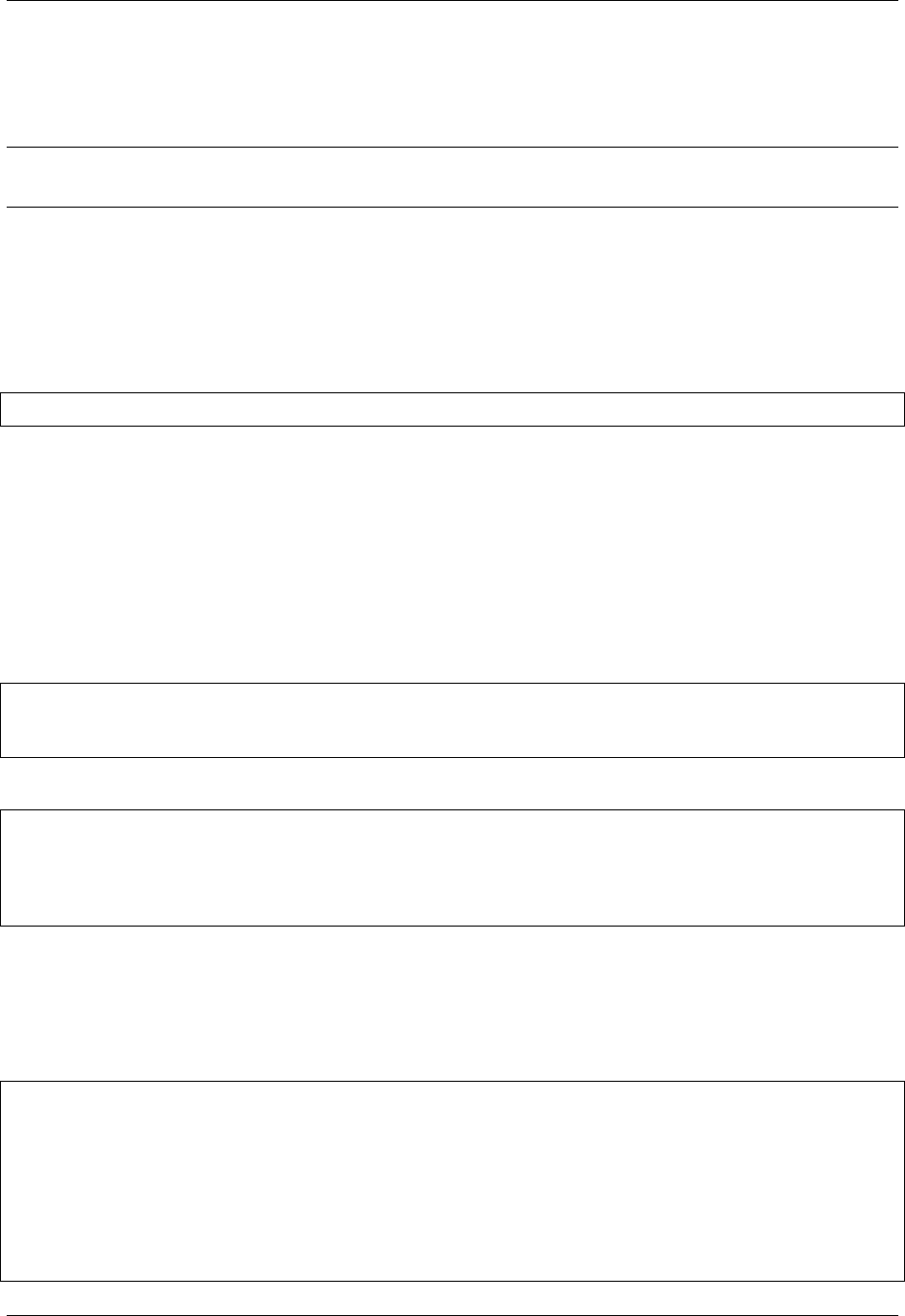
GeoServer User Manual, Release 2.15.1
16.33.3 Database Persistence
The monitor extension is capable of persisting request data to a database via the Hibernate library.
Note: In order to utilize hibernate persistence the hibernate extension must be installed on top of the core
monitoring extension. See the Installing the Monitor Extension for details.
Configuration
General
In order to activate hibernate persistence the storage parameter must be set to the value “hibernate”:
storage=hibernate
The hibernate storage backend supports both the history and live modes however care should be taken
when enabling the live mode as it results in many transactions with the database over the life of a request.
Unless updating the database in real time is required the history mode is recommended.
Database
The file db.properties in the <GEOSERVER_DATA_DIR>/monitoring directory specifies the Hiber-
nate database. By default an embedded H2 database located in the monitoring directory is used. This
can be changed by editing the db.properties file:
# default configuration is for h2
driver=org.h2.Driver
url=jdbc:h2:file:${GEOSERVER_DATA_DIR}/monitoring/monitoring
For example to store request data in an external PostgreSQL database, set db.properties to:
driver=org.postgresql.Driver
url=jdbc:postgresql://192.168.1.124:5432/monitoring
username=bob
password=foobar
defaultAutoCommit=false
In addition to db.properties file is the hibernate.properties file that contains configuration for
Hibernate itself. An important parameter of this file is the hibernate dialect that informs hibernate of the
type of database it is talking to.
When changing the type of database both the databasePlatform and database parameters must be
updated. For example to switch to PostgreSQL:
# hibernate dialect
databasePlatform=org.hibernate.dialect.PostgreSQLDialect
database=POSTGRESQL
# other hibernate configuration
hibernate.use_sql_comments=true
generateDdl=true
hibernate.format_sql=true
showSql=false
1944 Chapter 16. Community modules

GeoServer User Manual, Release 2.15.1
hibernate.generate_statistics=true
hibernate.session_factory_name=SessionFactory
hibernate.hbm2ddl.auto=update
hibernate.bytecode.use_reflection_optimizer=true
hibernate.show_sql=false
Hibernate
As mentioned in the previous section the hibernate.properties file contains the configuration for
Hibernate itself. Aside from the database dialect parameters it is not recommended that you change this
file unless you are an experienced Hibernate user.
16.33.4 Upgrading
The monitoring extension uses Hibernate to persist request data. Changes to the extension over time affect
the structure of the underlying database, which should be taken into consideration before performing an
upgrade. Depending on the nature of changes in an upgrade, it may involve manually making changes to
the underlying database before deploying a new version of the extension.
The sections below provides a history of such changes, and recommended actions that should be taken as
part of the upgrade. Upgrades are grouped into two categories:
•minor upgrades that occur during a minor GeoServer version change, for example going from 2.1.2 to
2.1.3. These changes are backward compatible in that no action is specifically required but potentially
recommended. In these cases performing an upgrade without any action still result in the monitoring
extension continuing to function.
•major upgrades that occur during a major GeoServer version change, for example going from 2.1.2 to
2.2.0. These changes may be backward compatible, but not necessarily. In these cases performing an
upgrade without any action could potentially result in the monitoring extension ceasing to function,
and may result in significant changes to the underlying database.
For each change the following information is maintained:
• The released version containing the change
• The date of the change
• The subversion revision of the change
• The jira issue referring to the change
The date and subversion revision are especially useful if a nightly build of the extension is being used.
Minor upgrades
Column resource renamed to name in request_resources table
•Version: n/a, extension still community status
•Date: Dec 09, 2011
•Subversion revision: 16632
•Reference:GEOS-4871
16.33. Monitoring Hibernate storage 1945
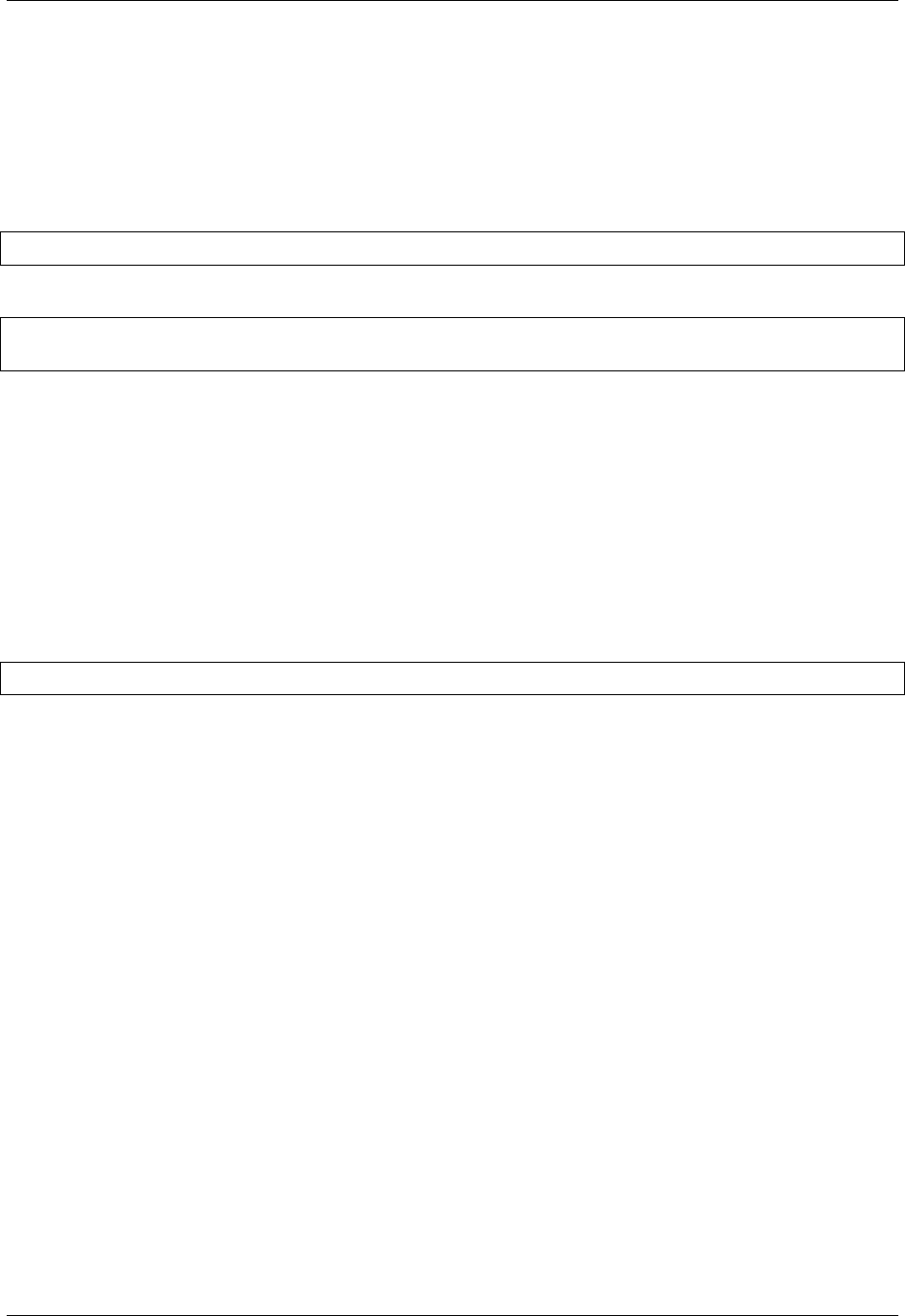
GeoServer User Manual, Release 2.15.1
Upgrading without performing any action will result in the name column being added to the
request_resources table, leaving the resource column intact. From that point forward the resource
column will essentially be ignored. However no data from the resource column will be migrated, which
will throw off reports, resource access statistics, etc. . . If you wish to migrate the data perform one of the
following actions two actions.
The first is a pre upgrade action that involves simply renaming the column before deploying the new mon-
itoring extension:
ALTER TABLE request_resources RENAME COLUMN resource to name;
Alternatively the migration may occur post upgrade:
UPDATE TABLE request_resources SET name =resource where name is NULL;
ALTER TABLE request_resources DROP COLUMN resource;
Column remote_user_agent added to request table
•Version: n/a, extension still community status
•Date: Dec 09, 2011
•Subversion revision: 16634
•Reference:GEOS-4872
No action should be required here as Hibernate will simply append the new column to the table. If for
some reason this does not happen the column can be added manually:
ALTER TABLE request ADD COLUMN remote_user_agent VARCHAR(1024);
Major upgrades
16.34 Geoserver Task Manager
The GeoServer Task Manager is a tool that allows scheduled tasks and batches to run inside a GeoServer
instance. The initial purpose of the task manager was to synchronize data and metadata between different
geoserver instances and their data sources, as to automise and assist a particular workflow within an or-
ganisation that includes pre-tested publications and frequent updates. However, the task manager offers
an extensive and flexible API that makes it possible to write any kind of extensions and customisations,
allowing other purposes as well.
16.34.1 Basic Concepts
The two main kinds of objects of the Task Manager are configurations and batches. Task Manager also allows
the creation of Templates for configurations.
Configurations
The configuration is the central object in the Task Manager. A configuration is typically linked to a data
object, such as a GeoServer layer, and serves as an entry point to the tasks and batches related to this data
object.
1946 Chapter 16. Community modules

GeoServer User Manual, Release 2.15.1
A configuration has a unique name, a description and a workspace. It contains three groups of objects:
•Attributes: The attributes contain information about this configuration that can be shared between
the different tasks of this configuration. An attribute has a name and a value. Each attribute is associ-
ated with at least one task parameter (see below). Attributes inherit their validation properties from
their associated parameters, such as its accepted values and whether it is required.
•Tasks: Each task configures an operation that can be executed on this configuration. Each task has
a name that is unique within the configuration, a type and a list of parameters with each a name and
a value. The full name of a task is donated as configuration-name/task-name (which serves as a unique
identifier for the task). The task’s type is chosen from a list of available task types which define
different kinds of operations (for example: copy a database table, publish a layer, ..) and expects a
list of parameters that each has a name and a type. A parameter may or may not be required. The
parameter type defines the accepted values of the parameter. Parameter types are dependent types
when the list of accepted values depends on the value of another parameter (for example: tables
inside a database). A parameter value is either a literal or a reference to an attribute of the form
${attribute-name}.
•Batches.
Batches
A batch is made of an ordered sequence of tasks that can either be run on demand or be scheduled to run
repeatedly at specific times. There are two kinds of batches:
•Configuration batches: these are batches that belong to a configuration. All of the tasks inside
this batch are tasks that belong to that same configuration.
•Independent batches: these are batches that do not belong to a configuration. They may contains
tasks from any existing configuration.
A batch has a name, a description and a workspace. The name of a batch must be unique amongst its
configuration or amongst all independent batches. The full name of a batch is denoted as [configuration-
name:]batch-name which serves as a unique identifier for the batch.
Configuration batches that have a name starting with a @, are hidden from the general batch overview and
are only accessible from their configuration. Hidden batch names may be reserved for special functions. At
this point, there is only one such case (see Initializing templates).
A batch can be run manually if the following conditions are met:
• the list of tasks is non-empty;
• the operating user has the security rights to do so (see Security).
A batch will be run automatically on its scheduled time if the following conditions are met:
• the list of tasks is non-empty;
• the batch is enabled;
• the batch has a frequency configured other than NEVER;
• the batch is independent or its configuration has been completed, i.e. validated without errors (in
some cases a configuration may be saved before it is validated, see Initializing templates).
Running a batch
The batch is executed in two phases:
16.34. Geoserver Task Manager 1947

GeoServer User Manual, Release 2.15.1
•RUN phase: tasks are executed in the defined order. If an error occurs or the run is manually intermit-
ted, cease execution and go to ROLLBACK phase. If all tasks finish succesfully, go to COMMIT phase.
•COMMIT/ROLLBACK phase: tasks are committed or rollbacked in the opposite order.
Consider a batch with three tasks
B = T1 -> T2 -> T3.
A normal run would then be
run T1 -> run T2 -> run T3 -> commit T3 -> commit T2 -> commit T1.
However, if T2 fails, the run would be
run T1 -> run T2 (failure) -> rollback T1.
Most tasks support COMMIT/ROLLBACK by creating temporary objects that only become definite objects
after a COMMIT. The ROLLBACK phase then simply cleans up those temporary objects. However, some
particular task types may not support the COMMIT/ROLLBACK mechanism (in which case running them is
definite).
The commit phase happens in opposite order because dependencies in the old version of the data often
requires this. A concrete example may clear things up. Imagine that T1 copies a database table Rfrom one
database to another, while T2 creates a view Vbased on that table, so Vdepends on R. If the table and view
already exist in older versions (R_old and V_old), they must not be removed until the COMMIT phase, so
that their original state remains in the case of a ROLLBACK. During the COMMIT phase, R_old and V_old are
removed, but it is not possible to remove R_old until V_old is removed. Therefore it is necessary to commit
T2 before T1.
The COMMIT phase typically replaces old objects with the new objects that have a temporary name. Since
tasks often create objects that depend on objects of the previous tasks, these objects contain references to
temporary names. Which means that when the temporary object is committed and becomes the real object,
references in depending objects must also be updated. For this purpose, a tasks that uses a temporary object
from a previous task registers a dependency, which is essentially an update added to the commit phase of
that previous task.
If T3 has a dependency on task T1 that we call D1, the following happens:
run T1 -> run T2 -> run T3, register D1 -> commit T3 -> commit T2 -> commit T1, update D1.
Let’s make it clearer again using an example. During the RUN phase T1 creates table R1_temp and T2 creates
V1_temp that depends on R1_temp, this dependency will be registered. During the commit phase, T2 will
replace V1 by V1_temp. Then, T1 will replace T1 by T1_temp. However, V1 may still reference T1_temp
which no longer exists. Therefore, T1 will use the registered dependency to update V1 to refer to T1 instead
of T1_temp.
Within a batch run, each task that has yet started has a status. These are the possible statuses:
•RUNNING: the task is currently running.
•WAITING_TO_COMMIT: the task has finished running, but is waiting to commit (or rollback) while
other tasks are running or committing (or rolling back).
•COMMITTING: the task is currently committing.
•ROLLING_BACK: the task is currently rolling back.
•COMMITTED: the task was succesfully committed.
•ROLLED_BACK: the task was succesfully rolled back.
•NOT_COMMITTED: the task was supposed to commit but failed during the commit phase.
•NOT_ROLLED_BACK: the task was supposed to roll back but failed during roll back phase.
1948 Chapter 16. Community modules

GeoServer User Manual, Release 2.15.1
A task is consired finished if its status is not RUNNING,WAITING_TO_COMMIT,ROLLING_BACK or
COMMITTING. A batch run does not have its own status, but it takes on the status of the last task that
has started but is not COMMITTED or ROLLED_BACK. A batch run is considered finished if its status is not
RUNNING,WAITING_TO_COMMIT or COMMITTING.
There is concurrency protection both on the level of tasks and batches. A single batch can never run si-
multaneously in multiple runs (the second run will wait for the first one to finish). A single task can never
run simultaneously in multiple runs, even if part of a different batch. A single task can also not commit
simultaneously in multiple runs.
Templates
Templates are in every way identical to configurations, with the exception of:
• they are never validated when saved (their attributes need not be filled in) and
• their tasks and batches can never be executed.
A template is used as a blueprint for the creation of configurations that are very similar to each other.
Typically, the tasks are all the same but the attribute values are different. However, a template may also
have attribute values filled in that serve as defaults.
Once a configuration is created from a template, it is independent from that template (changes to the tem-
plate do not affect it). The configuration can then be modified like any other configuration, including the
removal, addition and manipulation of tasks.
Initializing templates
An initializing template is any template that has a batch named @Initialize (case sensitive), which
configures special behaviour. The purpose of this batch is to execute some tasks that must have been done
at least once until some other tasks can actually be configured. For example, you may want to create a vector
layer based on that table copied from a source database, then synchronise this layer to a target geoserver.
The task that synchronizes a layer to the external geoserver will expect an existing configured layer, which
you cannot create until you have copied the table first. The @Initialize batch would in this case copy
the table from the source and create a layer in the local geoserver.
When creating a configuration from this template, configuration happens in two phases
• 1. Initially, only attributes related to tasks in the @Initialize batch must be configured. When
the configuration is saved, the @Initialize batch is automatically executed.
• 2. Now, all other attributes and tasks must be configured and the configuration must be saved
again.
This is the only case that a configuration can be saved before all the required attributes are filled in. Mind
that batches will not be scheduled or visible in the general overview until the batch has been saved again
(and the attributes have thus been validated).
16.34.2 User’s Guide
•Installation
•Server Configuration
•Security
•Graphical User Interface
16.34. Geoserver Task Manager 1949

GeoServer User Manual, Release 2.15.1
•Task Types
•Import Tool
•Examples
Installation
To install the GeoServer Task Manager extension:
• Download the extension from the GeoServer Download Page. The file name is called
geoserver-*-taskmanager-core-plugin.zip, where *is the version/snapshot name. For S3
support, also install the plugin with name geoserver-*-taskmanager-s3-plugin.zip, where *
is the version/snapshot name.
• Extract this file and place the JARs in WEB-INF/lib.
• Perform any configuration required by your servlet container, and then restart. On startup, Task
Manager will create a configuration directory taskmanager in the GeoServer Data Directory. You
will be able to see the Task Manager configuration pages from the GeoServer WebGUI menu.
Server Configuration
Configuration Database & Clustering
By default, Task Manager will create a H2 database in its configuration directory. This can be easily changed
to any JDBC resource via the taskmanager.properties file.
The configuration directory also contains a Spring configuration file called
taskManager-applicationContext.xml which allows more advanced configuration.
TaskManager uses Quartz Scheduler. If you are running Task Manager in a clustered environment, you
must configure Quartz to use a database as well as Task Manager. See the commented block in the Spring
configuration and the Quartz documentation for further instructions. The database used by Quartz may be
the same as the Task Manager configuration database.
Furthermore, a property should be added to the taskmanager.properties file each of the nodes except
for one: batchJobService.init=false. This is necessary because otherwise all of the nodes will at-
tempt to load all of the same batches in to the clustered quartz database at the same time at start-up, which
is likely to cause issues. This initialisation needs to happen only once for the entire cluster.
Databases
Task Manager allows any number of databases to be used both as sources and targets for data transfer op-
erations. These are configured via the Spring configuration file. Currently only PostGIS is fully supported,
either via JNDI or directly via JDBC.
<bean class="org.geoserver.taskmanager.external.impl.PostgisDbSourceImpl">
<property name="name" value="mypostgisdb"/>
<property name="host" value="hostname" />
<property name="db" value="dbname" />
<!-- optional --> <property name="schema" value="schema" />
<property name="username" value="username" />
<property name="password" value="password" />
<!-- optional, for security purposes -->
<property name="roles">
1950 Chapter 16. Community modules
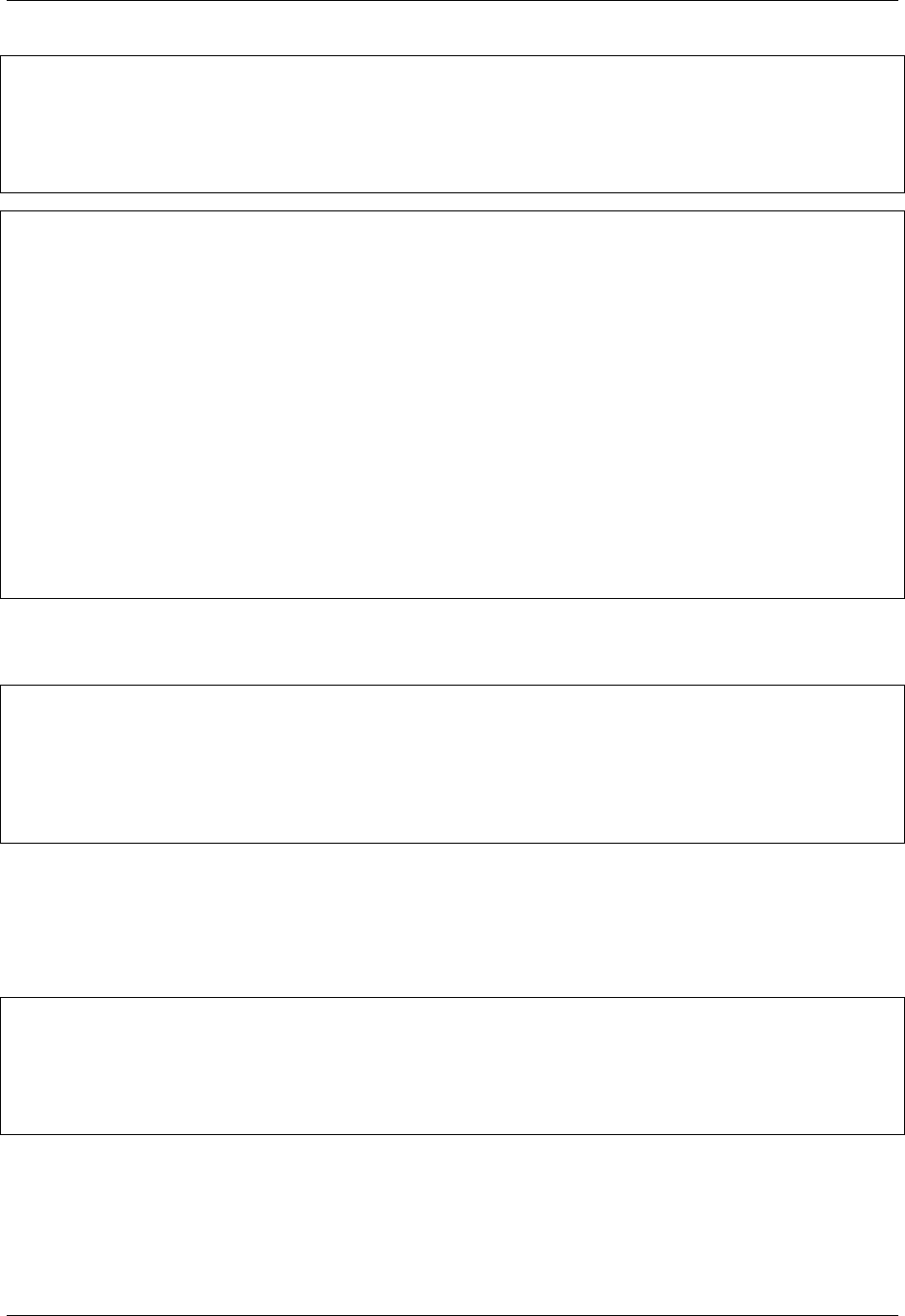
GeoServer User Manual, Release 2.15.1
<list>
<value>ROLE1</value>
<value>ROLE2</value>
</list>
</property>
</bean>
<bean class="org.geoserver.taskmanager.external.impl.PostgisJndiDbSourceImpl">
<property name="name" value="mypostgisjndidb" />
<property name="jndiName" value="java:/comp/env/jdbc/my-jndi-source" />
<!-- optional --> <property name="schema" value="schema" />
<!-- optional, if database has different jndi name on target geoserver servers -->
<property name="targetJndiNames">
<map>
<entry key="mygs" value="java:/comp/env/jdbc/my-jndi-source-on-mygs" />
</map>
</property>
<!-- optional, for security purposes -->
<property name="roles">
<list>
<value>ROLE1</value>
<value>ROLE2</value>
</list>
</property>
</bean>
Roles can be specified for security<#security> purposes.
There is also support for Informix, but it only works as a source database (not for publishing).
<bean class="org.geoserver.taskmanager.external.impl.InformixDbSourceImpl">
<property name="driver" value="com.informix.jdbc.IfxDriver"/>
<property name="connectionUrl" value="jdbc:informix-sqli://informix-server:1539" /
,→>
<property name="username" value="username" />
<property name="password" value="password" />
</bean>
External GeoServers
Task Manager allows any number of external geoservers to be used as targets for layer publications. These
are configured via the Spring configuration file.
<bean class="org.geoserver.taskmanager.external.impl.ExternalGSImpl">
<property name="name" value="mygs"/>
<property name="url" value="http://my.geoserver/geoserver" />
<property name="username" value="admin" />
<property name="password" value="geoserver" />
</bean>
File Services
File Services are used to upload and access files such as raster layers. They are configured via the Spring
configuration file.
16.34. Geoserver Task Manager 1951

GeoServer User Manual, Release 2.15.1
Regular File Service
Regular file services provide support for rasters that are stored on the hard drive.
<bean class="org.geoserver.taskmanager.fileservice.impl.FileServiceImpl">
<property name="rootFolder" value="/tmp"/>
<property name="name" value="Temporary Directory"/>
<property name="roles">
<list>
<value>ROLE1</value>
<value>ROLE2</value>
</list>
</property>
</bean>
Roles can be specified for security<#security> purposes.
S3 File Service
S3 File Services provide support for rasters that are stored on an S3 compatible server.
They do not need to be configured via the application context, but are taken from the properties file pro-
vided via the property s3.properties.location (see S3 DataStore).
A service will be created for each service and each bucket. We must add one line per alias to the s3.
properties file:
alias.s3.rootfolder=comma,separated,list,of,buckets
The above example will create five s3 file services: alias-comma, alias-separated, alias-list, alias-of and
alias-buckets.
Roles can optionally be specified for security<#security> purposes as follows:
alias.s3.rootfolder.bucket=comma,separated,list,of,roles
Prepare script
The task manager GUI allows immediate upload of files to file services for local publication. It may be
handy to perform some preprocessing tasks on the uploaded data before publication (such as GDAL com-
mands). You may do this by creating a file in the taskmanager configuration directory named prepare.sh. If
the user ticks the prepare checkbox in the upload dialog, this script will be run with the uploaded file as its
first parameter.
Security
Each configuration and each independent batch is associated with a workspace in GeoServer (when the
workspace field is empty, it is automatically associated with the default workspace in geoserver). The
configuration or batch takes its security permissions directly from this workspace.
• If the user has reading permissions on the workspace, they may view the configuration or batch.
• If the user has writing permissions on the workspace, they may run the batch or the batches in the
configuration.
• If the user has administrative permissions on the workspace, they may edit the configuration/batch.
1952 Chapter 16. Community modules
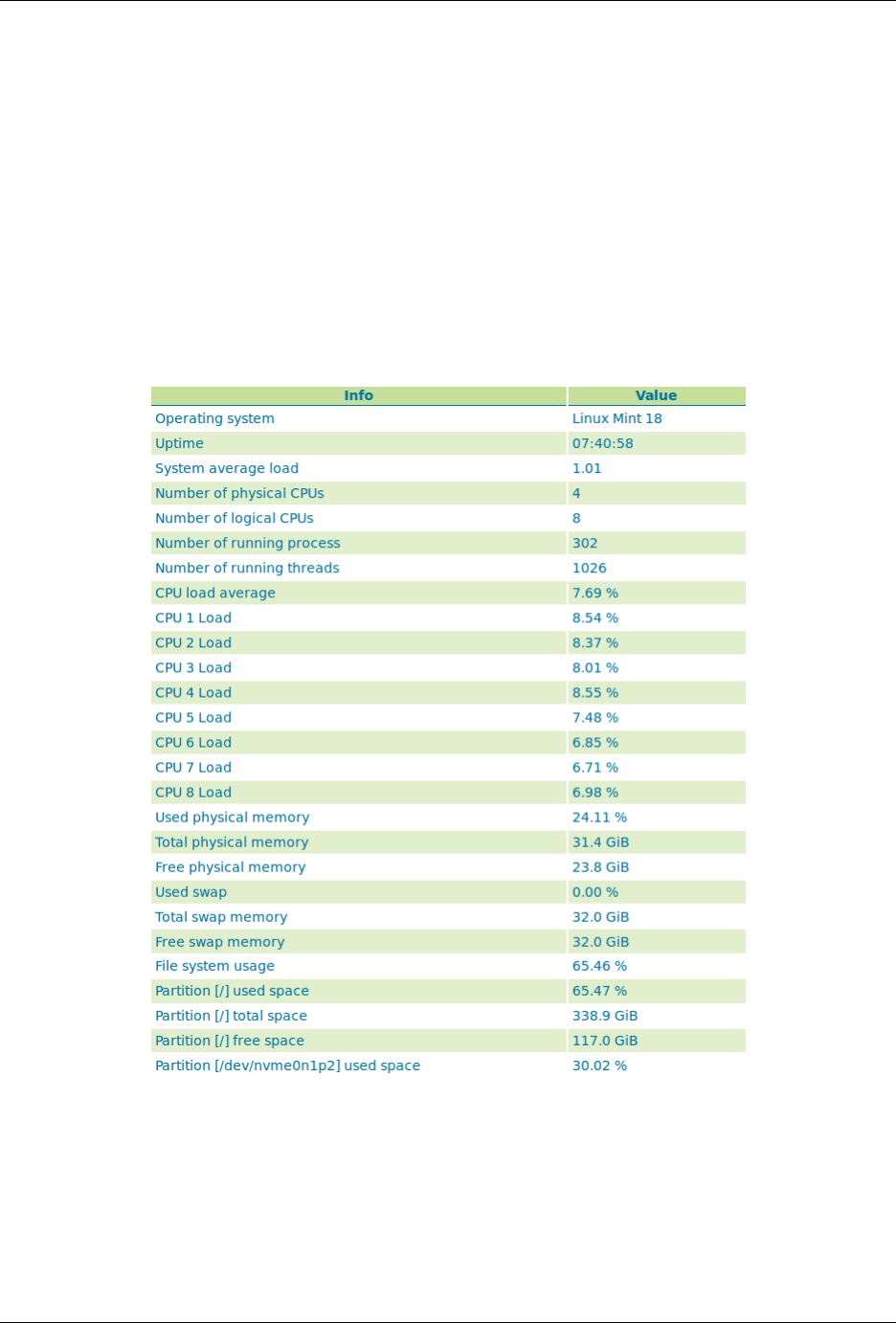
GeoServer User Manual, Release 2.15.1
Each Database or File Service may be associated with a list of roles. If you do so, only users with those roles
will have access to the database or file service in question. If you want to disable security restrictions, do
not include the roles property at all (because an empty list will result in no access.)
Graphical User Interface
Currently GeoServer Task Manager can only be configured and operated from the GeoServer WebGUI.
Templates
From the templates page, new templates can be created (or copied from existing templates), existing tem-
plates can be edited and removed.
Once you open a new or existing template, attributes, tasks and batches can be edited. The attribute table
adjusts automatically based on the information in the tasks table; and only the values must be filled in. In
the task table, the name and parameters of each task can be edited, and new tasks can be created. Batches
can be created and edited from here as well, however the template must exist in order to be able to do that
(in case of a new template, you must click apply once before you can create new batches). New tasks must
also be saved (again, via the apply button) before they can be added to a batch.
16.34. Geoserver Task Manager 1953
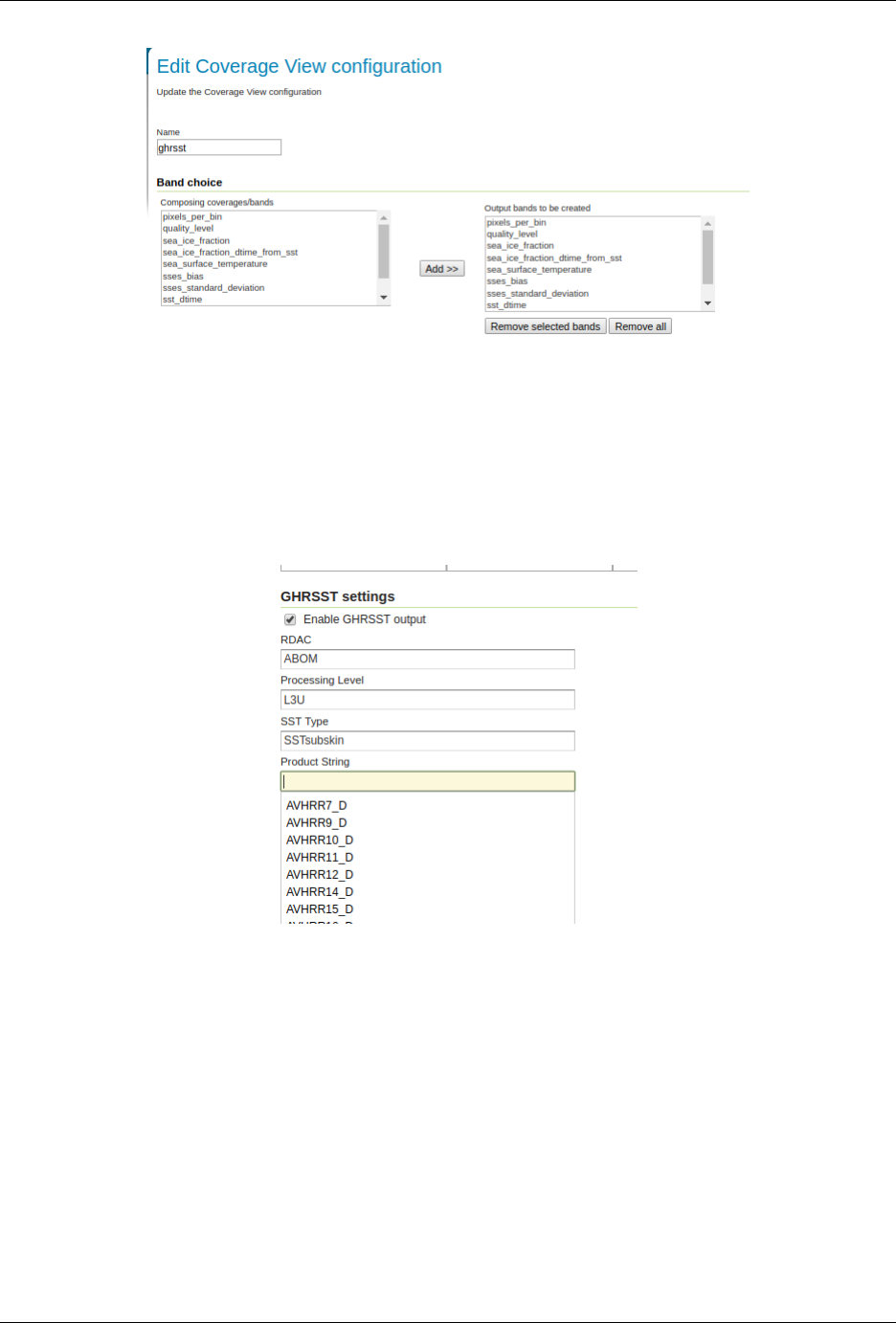
GeoServer User Manual, Release 2.15.1
Fig. 16.23: Setting up a coverage view with all variables as bands
Configurations
From the configurations page, new configurations can be created from scratch or from templates (or copied
from existing configurations), existing configurations can be edited and removed.
Fig. 16.24: Enabling GHRSST output mode
When removing a configuration, you have to option to do a clean-up, which will attempt to remove all
resources (database tables, files, layers) that were created by (tasks of) this configuration. If this (partially)
fails, the configuration will still be removed and the user will be notified.
Once you open a new or existing configuration, attributes, tasks and batches can be edited.
The attribute table adjusts automatically based on the information in the tasks table; and only the values
must be filled in. In the task table, the name and parameters of each task can be edited, and new tasks
can be created. Tasks can only be removed if they are not part of a batch any longer. Batches can only be
removed if they are not running anywhere. When removing a task, you have to option to do a clean-up,
which will attempt to remove all resources (database tables, files, layers) that were created by this task. If
this (partially) fails, the task will still be removed and the user will be notified.
Batches can be created and edited from here as well, however the configuration must exist in order to be
1954 Chapter 16. Community modules
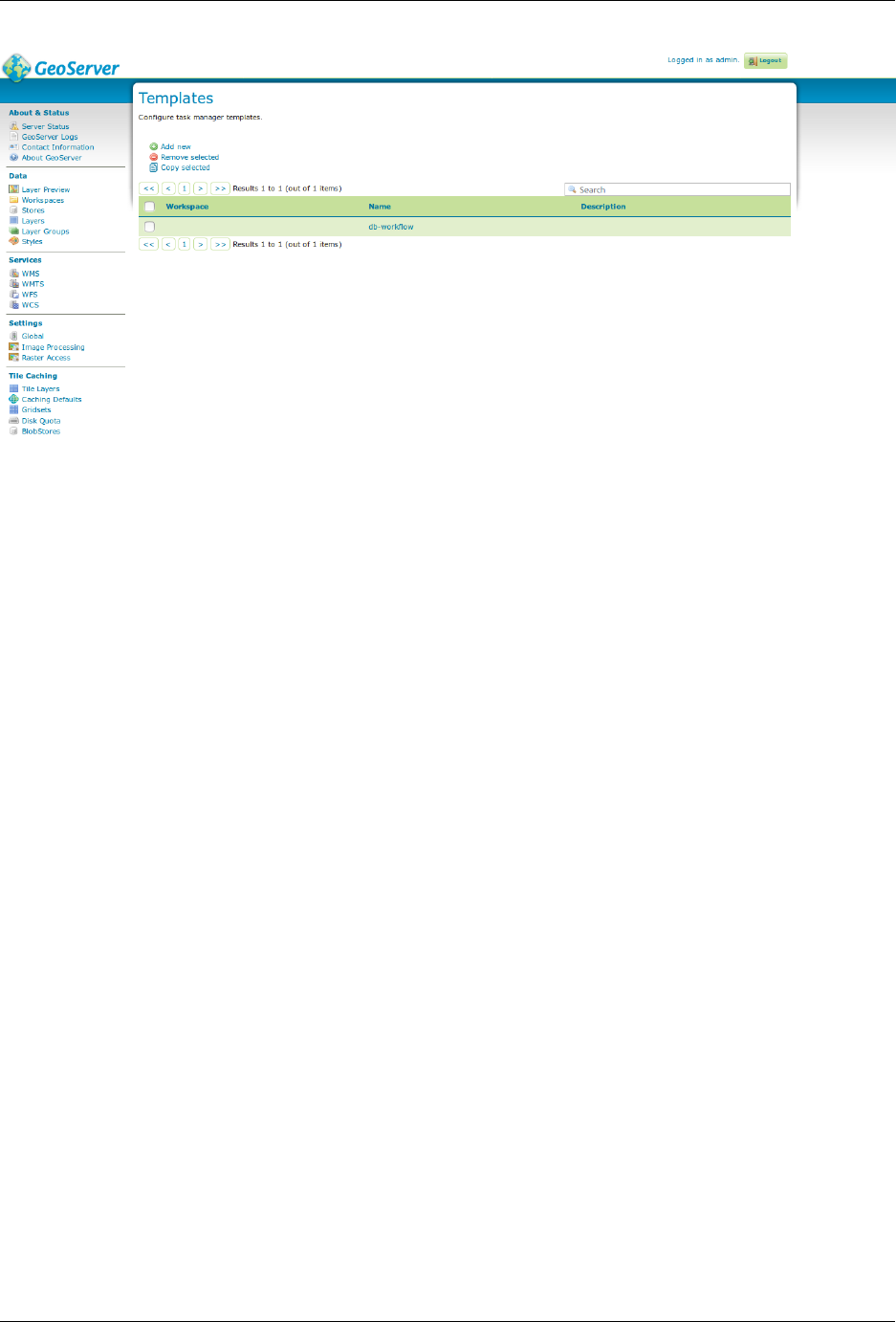
GeoServer User Manual, Release 2.15.1
Fig. 16.25: templates
able to do that (in case of a new configuration, you must click apply once before you can create new
batches). New tasks must also be saved (again, via the apply button) before they can be added to a batch.
In case that the conditions are met, batch runs can be started, and the status/history of current and past
batch runs can be displayed. Current batch runs can be interrupted (which is not guaranteed to happen
immediately).
Batches
From the batches page, new independent batches (not associated with a configuration) can be created,
existing batches can be edited and removed. All existing batches - independent as well as belonging to a
configuration - are shown, unless they are special (if they start with a @) or if the configuration has not yet
been completed (see initializing templates).
In case that the conditions are met, batch runs can be started, and the status/history of current and past
batch runs can be displayed. Current batch runs can be interrupted (which is not guaranteed to happen
immediately).
Once you open a new or existing batch, one can add or remove tasks from it and change the order of
the tasks. You can also enable/disable the batch (if disabled, the batch is not scheduled) and choose the
scheduling time. The user can choose between a daily schedule (with time), weekly (with day of week and
time), monthly (with day of month and time) or specify a custom cron expression.
Task Types
•CopyTableTask Copy a database table from one database to another. The user can specify a source
database, source table name, target database and target table name. Supports commit/rollback by
creating a temporary table.
•CreateViewTask Create a view based on a single table. The user can specify the database, the table
name, the selected fields and (optionally) a where condition. Supports commit/rollback by creating a
temporary view.
16.34. Geoserver Task Manager 1955
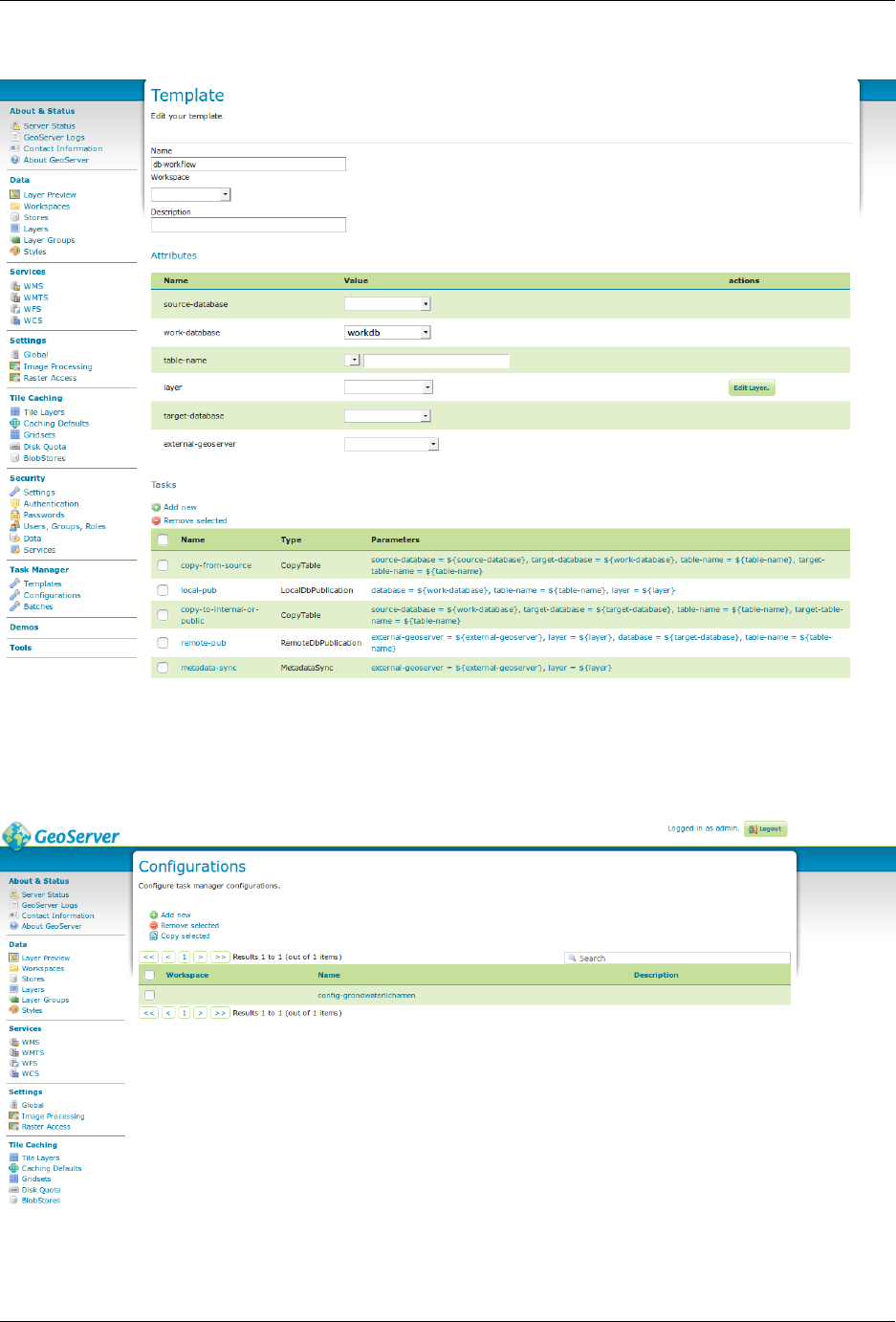
GeoServer User Manual, Release 2.15.1
Fig. 16.26: template db workflow
Fig. 16.27: configurations
1956 Chapter 16. Community modules
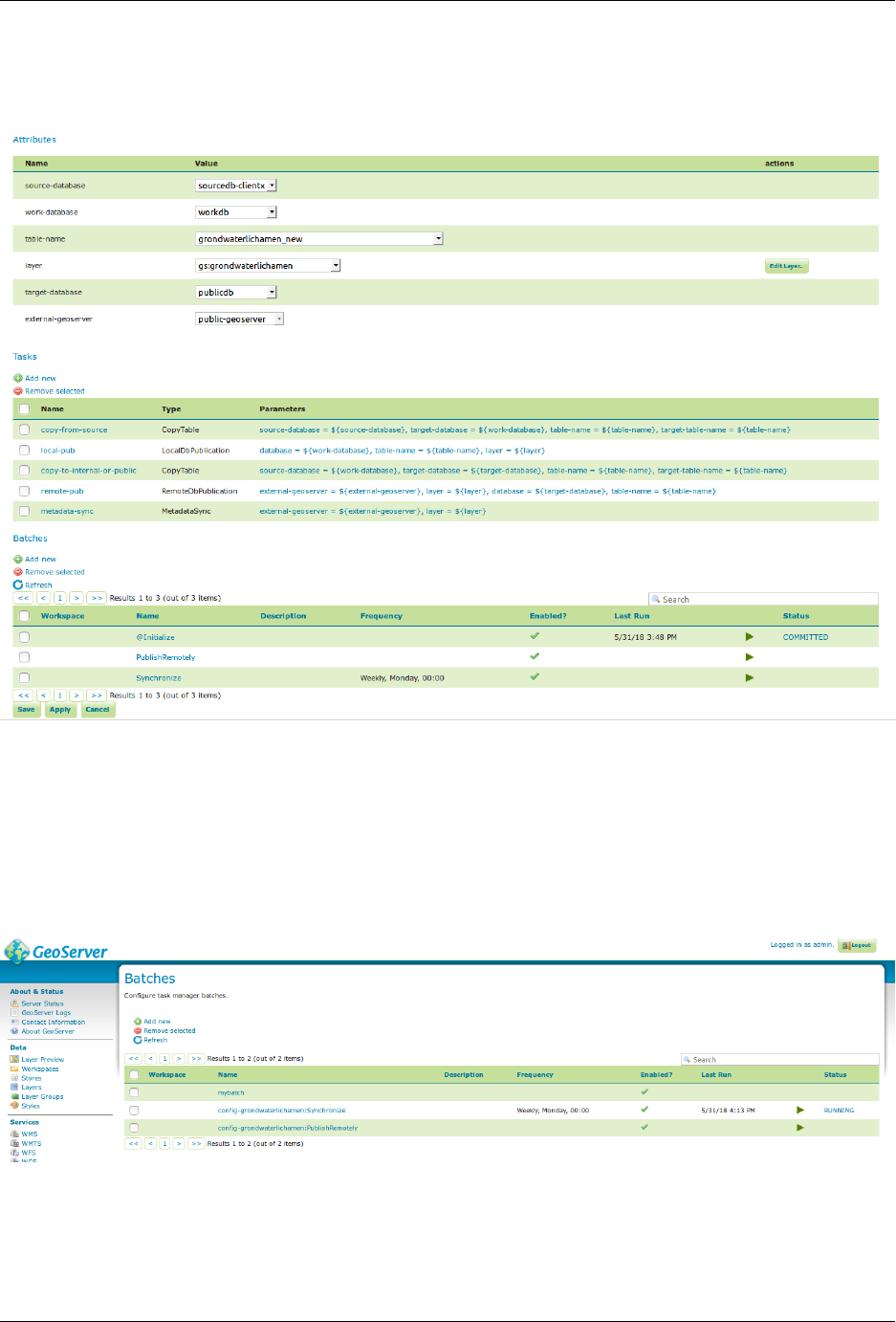
GeoServer User Manual, Release 2.15.1
Fig. 16.28: workflow config 2
Fig. 16.29: batches
16.34. Geoserver Task Manager 1957

GeoServer User Manual, Release 2.15.1
•CreateComplexViewTask Create a view based on a multiple tables. The user can specify the
database and a whole query, where it can use any other configuration attribute in the form of ‘${place-
holder}’. Supports commit/rollback by creating a temporary view.
•CopyFileTask Copy a file from one file service to another. Commit/rollback is supported by a
versioning system, where the version of the file is inserted into the file name. The location of the
version number is specified in the path as ### (or set auto-versioned to true to add the placeholder
automatically before the extension dot). On commit, the older version is removed. On rollback, the
newer version is removed. The publication tasks will automatically publish the latest version.
•LocalDbPublicationTask Publish a database layer locally. The user can specify database, table
and a layer name. Supports commit/rollback by advertising or removing the layer it created.
•RemoteDbPublicationTask Publish a database layer to another geoserver. The user can specify a
target geoserver, a source layer and a target database. All information is taken from the source layer
except for the target database which may be different. Supports commit/rollback through creating a
temporary (unadvertised) layer. This task also supports the version place holder or auto-versioning,
in order to combine with the CopyFileTask.
•LocalFilePublicationTask Publish a file layer locally (taster or shapefile). The user can spec-
ify a file service, a file (which can be uploaded unto the service) and a layer name. Supports com-
mit/rollback by advertising or removing the layer it created.
•RemoteFilePublicationTask Publish a file layer locally (taster or shapefile). The user can specify
a target geoserver, a source layer and a target file service and path (optional). All information is
taken from the source layer except for the file service and path which may be different. Supports
commit/rollback through creating a temporary (unadvertised) layer.
•MetaDataSyncTask Synchronise the metadata between a local layer and a layer on another
geoserver (without re-publishing). The user can specify a target geoserver, a local and a remote layer.
Does not support commit/rollback.
•ConfigureCachedLayer Configure caching for a layer on a remote geoserver with internal GWC,
synchronise the settings with the local geoserver. This task may turn caching on or off depending on
local configuration.
•ClearCachedLayer Clear (truncate) all tiles of a cached layer on a remote geoserver with internal
GWC.
Import Tool
The import tool allows bulk creation of an unlimited amount of configurations on the basis of a template
and a CSV file with attribute values. Contrary to the rest of the configuration, this function is only exposed
via a REST service and not via the GUI. The import tool will generate a new configuration for each line in the
CSV file, except for the first. The first line must specify the attribute names which should all match attributes
that exist in the template, plus name (required), description` (optional) and workspace (optional) for
the configuration metadata. The CSV file mustspecify a valid attribute value for each required attribute.
To invoke the import tool, POST your CSV file to http://{geoserver-host}/geoserver/
taskmanager-import/{template}
Optionally, you may specify the query parameter validate=false which will skip validation (at your own
risk).
Examples
Consider the following setup.
1958 Chapter 16. Community modules
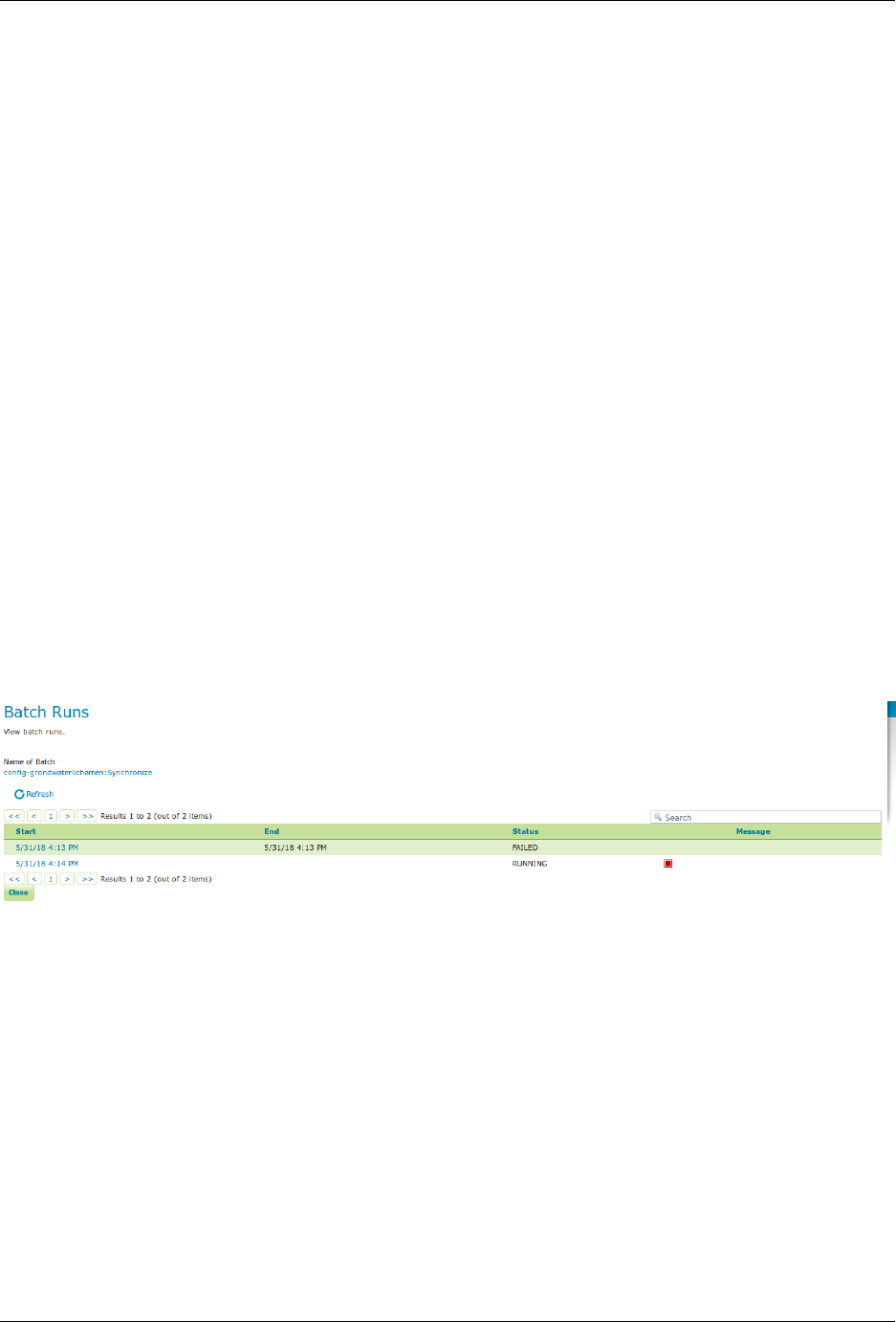
GeoServer User Manual, Release 2.15.1
Three geoservers:
•work geoserver: a geoserver only available in the local network, only used by administrators.
New and updated data is published here as layers for the first time, to test both the validity of data
and the publication configuration.
•internal geoserver: a geoserver only available in the local network, for internal users.
•public geoserver: a geoserver available on the internet, for the general public.
Several databases:
•multiple source databases: these are databases provided by partners that provide new and
updated data. they are not used to directly publish on a geoserver.
•work database: database used by the work geoserver where its vector data is stored.
•internal database: database used by the internal geoserver where its vector data is stored.
•public database: database used by the public geoserver where its vector data is stored.
A typical workflow for a new layer goes as follows:
1. A new table is copied from a source database to the work database and then published on the
work geoserver
2. After testing, the table is either copied to the internal database and published on the internal
geoserver or copied to the public database and published on the public geoserver.
3. Every week, data is synchronised between the three databases and metadata is synchronised between
the two geoservers.
Taskmanager should be installed only on the work geoserver. Then we could make the following tem-
plate:
Fig. 16.30: batchruns
with the following batches:
The @Initialize batch:
The PublishRemotely batch:
The Synchronize batch:
When we now create a new configuration based on this template we choose a source database, table name
and layer name:
After clicking apply, the configuration is being initialized (the layer is created locally). . .
We can now fill in the rest of the details, save, and make the remote publication. The synchronization is
scheduled weekly.
16.34. Geoserver Task Manager 1959
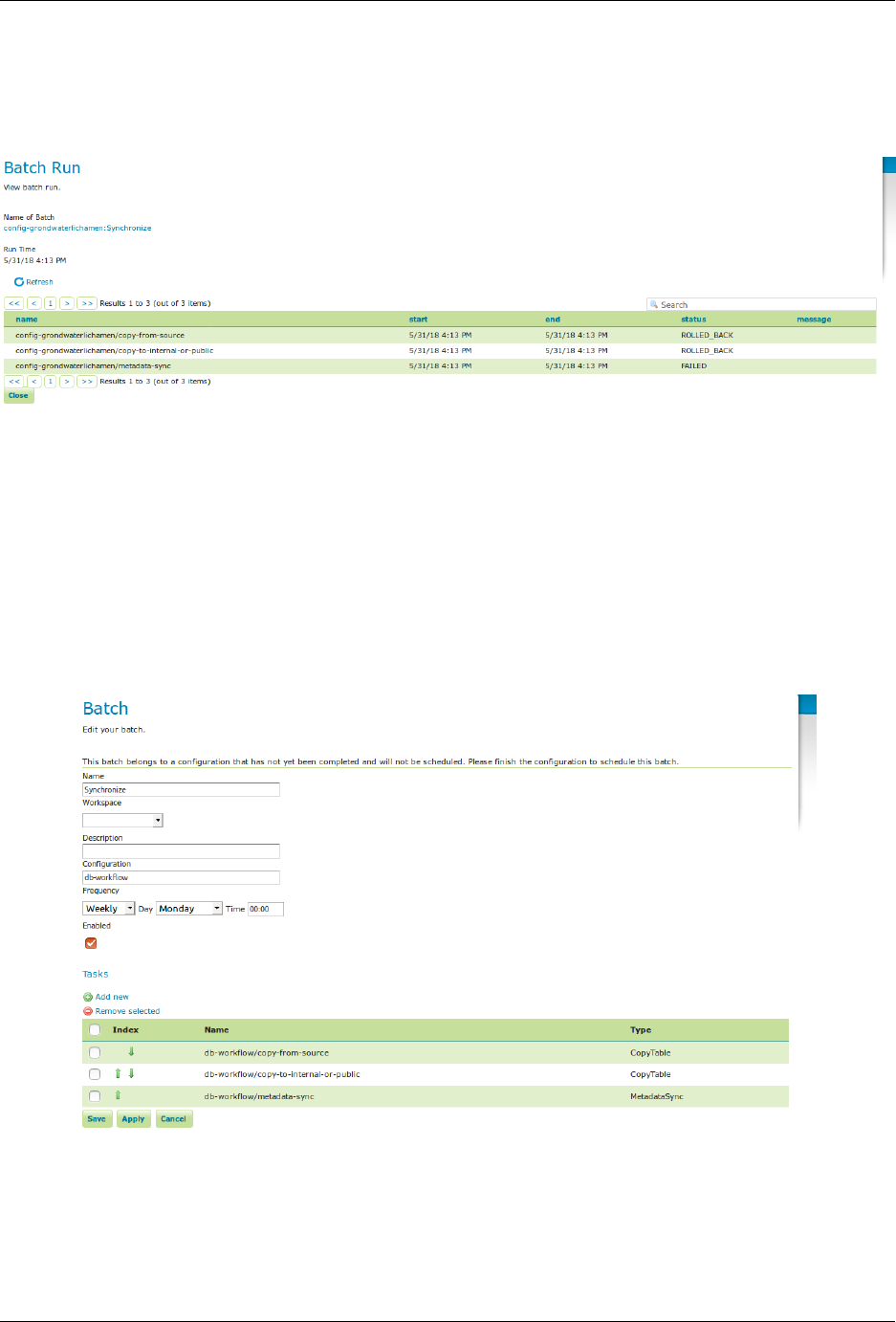
GeoServer User Manual, Release 2.15.1
Fig. 16.31: batchrun
Fig. 16.32: batch synchronize
1960 Chapter 16. Community modules
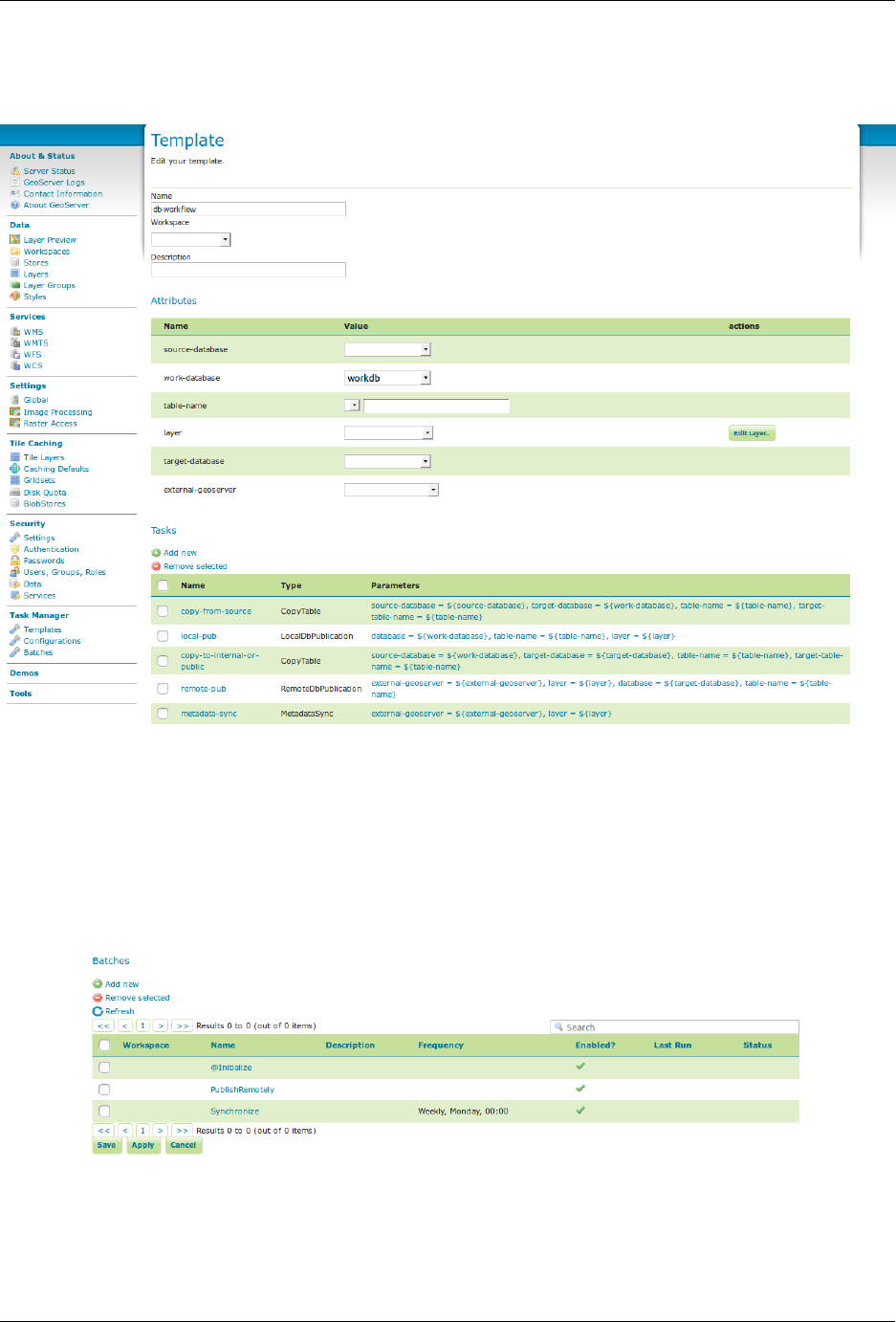
GeoServer User Manual, Release 2.15.1
Fig. 16.33: template db workflow
Fig. 16.34: template db workflow batches
16.34. Geoserver Task Manager 1961
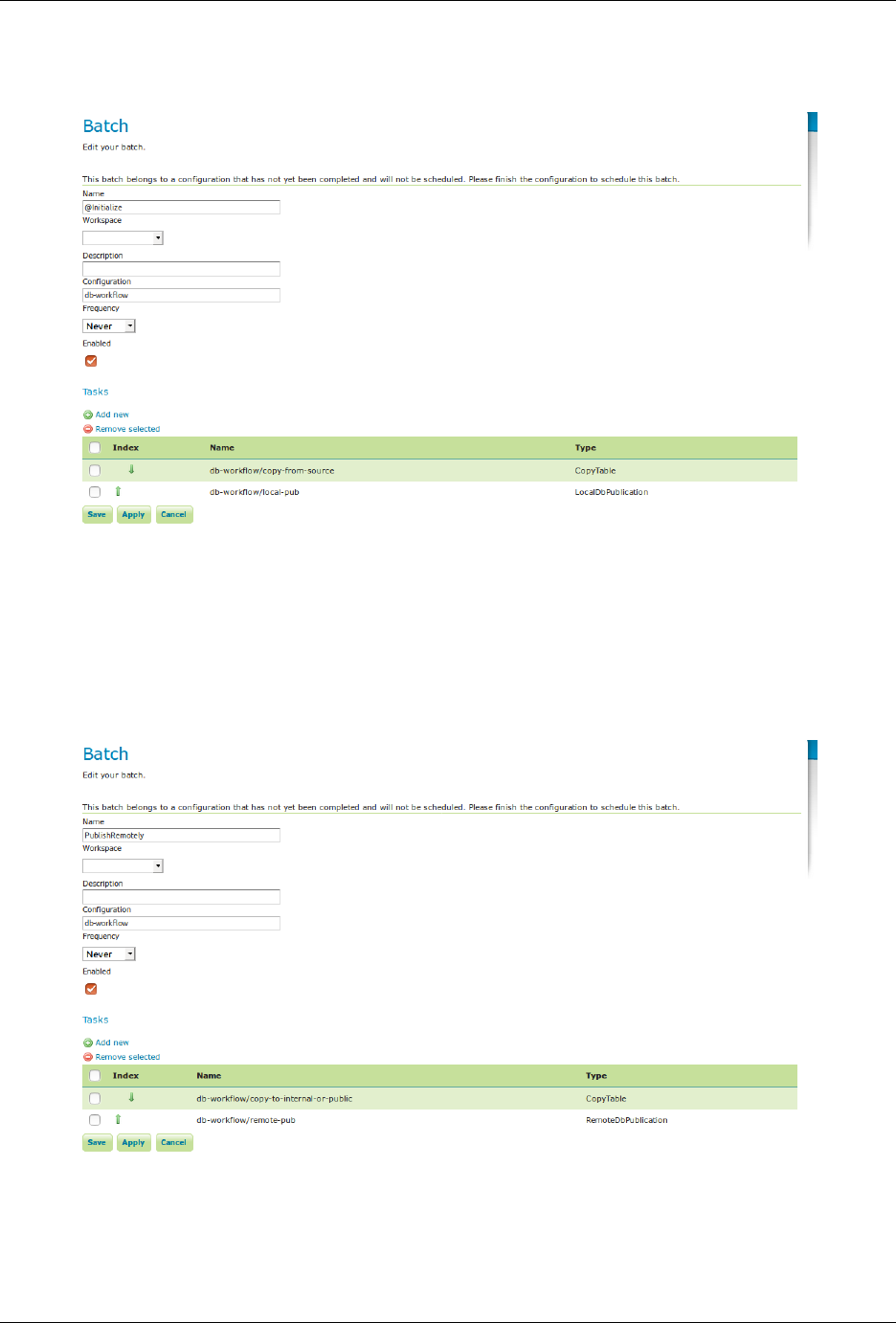
GeoServer User Manual, Release 2.15.1
Fig. 16.35: batch initialize
Fig. 16.36: batch publish remotely
1962 Chapter 16. Community modules
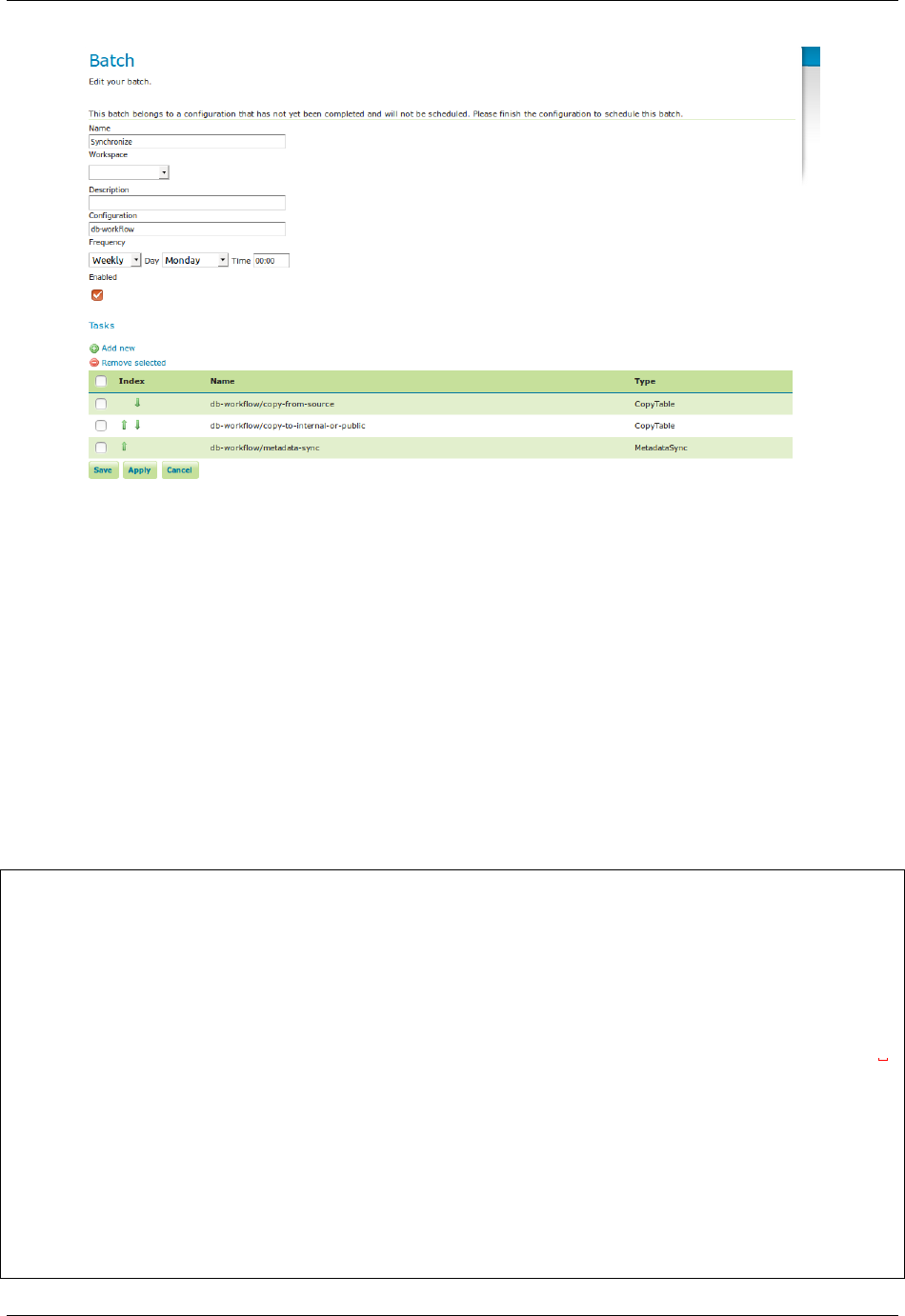
GeoServer User Manual, Release 2.15.1
Fig. 16.37: batch synchronize
16.34.3 Developer’s Guide
•Task Types - write your own operations
•Actions - extend the GUI for your tasks
•Reporting - choose the content and destination of your batch reports
Task Types
Task manager can be extended with custom made task types. Make your own implementation of the in-
terface TaskType and let it be a spring bean. The name provided via the Named interface is used as a
reference.
/**
*A Task Type.
*
*/
public interface TaskType extends Named {
/**
*Return parameter info for this task type.
*It is recommended to use a LinkedHashMap and add the parameters in a intuitive
,→order.
*This order will be preserved to present parameters to the user.
*
*@return the parameter info
*/
Map<String, ParameterInfo>getParameterInfo();
/**
*Run a task, based on these parameter values.
*@param ctx task context
16.34. Geoserver Task Manager 1963
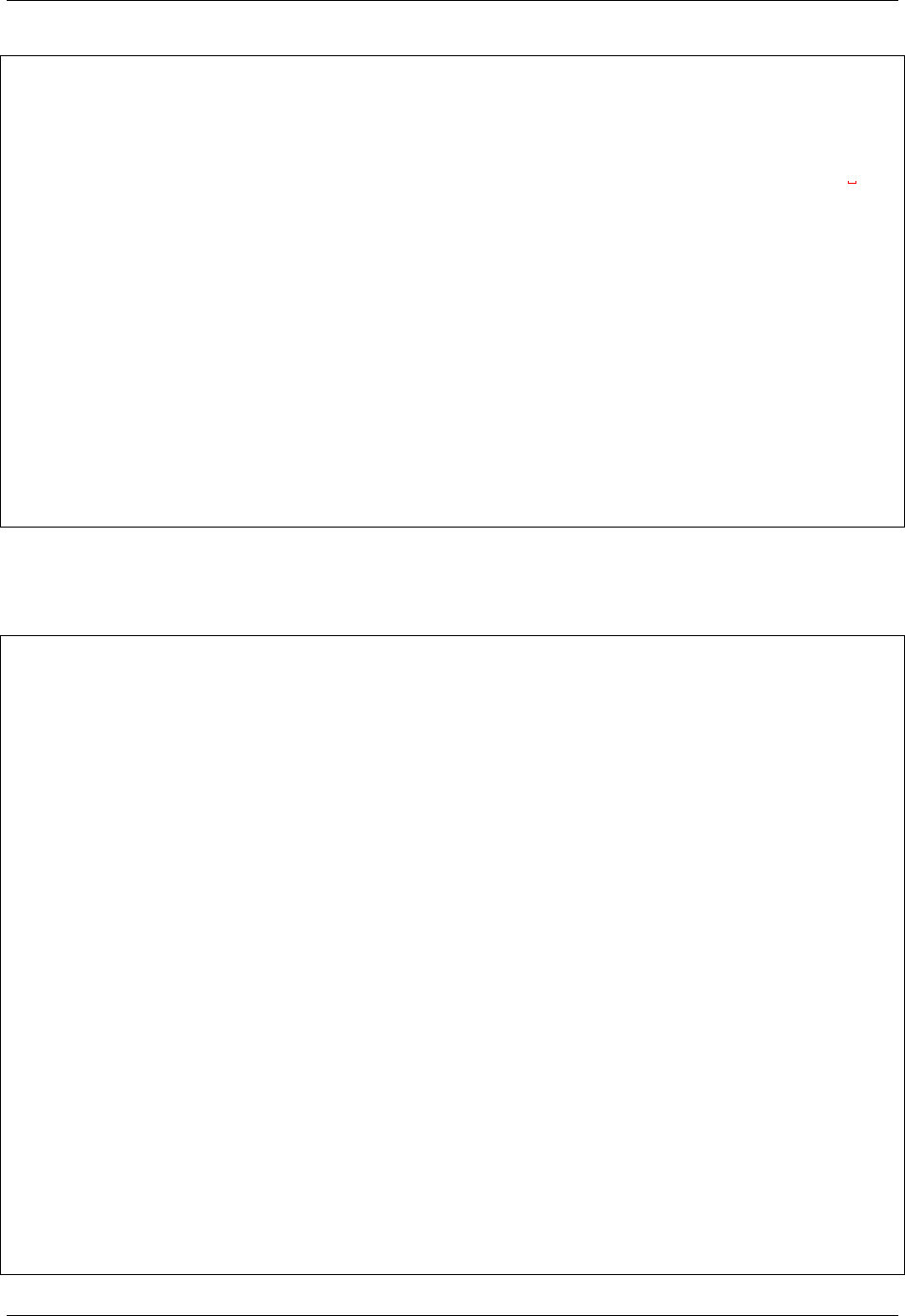
GeoServer User Manual, Release 2.15.1
*@return the task result
*/
TaskResult run(TaskContext ctx) throws TaskException;
/**
*Do a clean-up for this task (for example, if this task publishes something,
,→remove it).
*@param ctx task context
*@throws TaskException
*/
void cleanup(TaskContext ctx) throws TaskException;
/**
*task type can specify whether it supports clean-up or not
*
*@return true if clean-up is supported
*/
default boolean supportsCleanup() {
return true;
}
}
A ParameterInfo object contains a name, a type, whether they are required, and which other parameters
they depend on (for example, a database table depends on a database).
The Task context looks as follows:
/**
*Task Context used during batch run or task clean-up.
*
*/
public interface TaskContext {
/**
*@return the task
*/
Task getTask();
/**
*@return the batch context, null if this is a clean-up
*/
BatchContext getBatchContext();
/**
*
*@return the parameter values, lazy loaded from task and configuration.
*
*@throws TaskException
*/
Map<String, Object>getParameterValues() throws TaskException;
/**
*Tasks can call this function to check if the user wants to interrupt the batch
*and interrupt themselves.
*If they do, they should still return a TaskResult that implements a roll back
*of what was already done.
*
1964 Chapter 16. Community modules
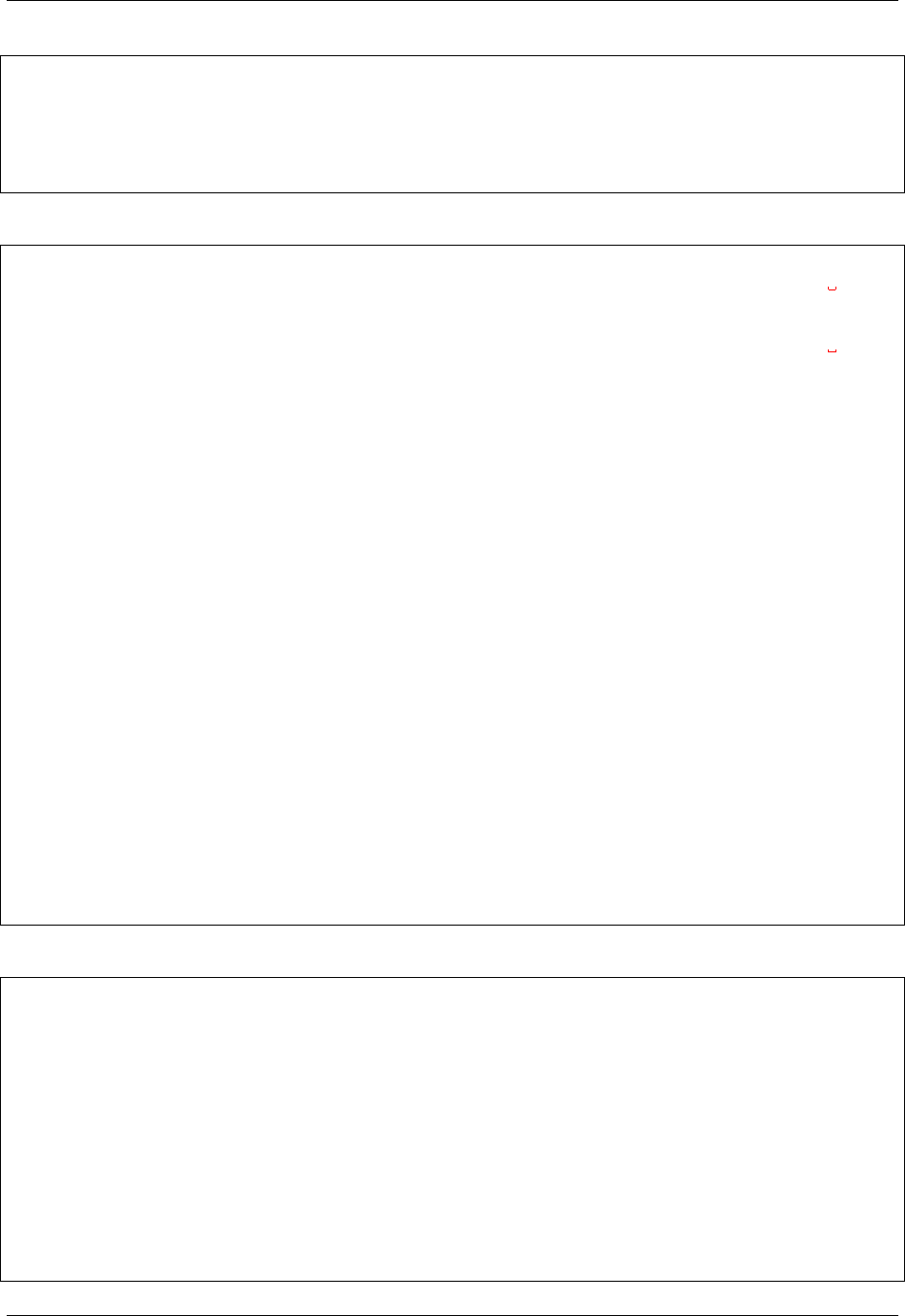
GeoServer User Manual, Release 2.15.1
*@return whether the batch run should be interrupted, false if this is a clean-
,→up
*/
boolean isInterruptMe();
}
The batch context looks as follows:
/**
*During run, tasks create temporary objects that are committed to real objects
,→during
*the commit phase (such as a table name) This maps real objects
*to temporary objects during a single batch run. Tasks should save and look up
,→temporary
*objects so that tasks within a batch can work together.
*
*/
public interface BatchContext {
public static interface Dependency {
public void revert() throws TaskException;
}
Object get(Object original);
Object get(Object original, Dependency dependency);
/**
*Whatever is put here in the task, must be removed in the commit!
*
*@param original
*@param temp
*/
void put(Object original, Object temp);
void delete(Object original) throws TaskException;
BatchRun getBatchRun();
}
The task result looks as follows:
/**
*A handle of a task that was run but must still be committed or rolled back.
*
*
*/
public interface TaskResult {
/**
*finalize and clean-up resources any roll-back data
*/
void commit() throws TaskException;
/**
*batch has failed -cancel all changes
16.34. Geoserver Task Manager 1965
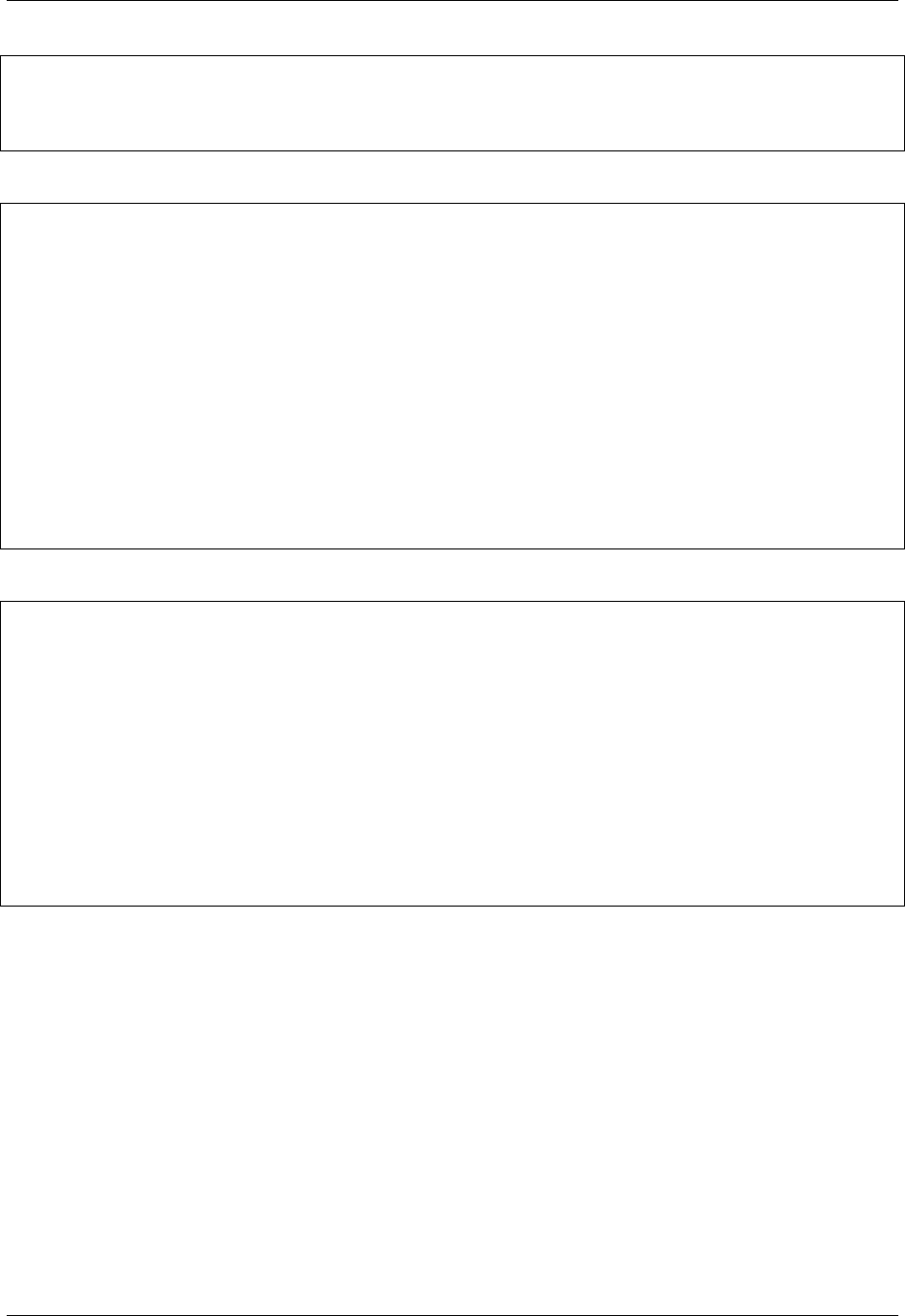
GeoServer User Manual, Release 2.15.1
*/
void rollback() throws TaskException;
}
This is an example of how a task type can create temporary object:
//inside TaskType.run method
ctx.getBatchContext().put(originalObject, tempObject)
...
return new TaskResult() {
@Override
public void commit() throws TaskException {
//this MUST be done!!!
ctx.getBatchContext.delete(originalObject)
}
...
}
Another task type would use this temporary object as follows:
//inside TaskType.run method
Object tempObject =ctx.getBatchContext().get(originalObject, new Dependency() {
@Override
public void revert() {
Object object =ctx.getBatchContext().get(originalObject);
mySomething.setMyProperty(object);
mySomething.save();
}
});
mySomething.setMyProperty(tempObject);
mySomething.save();
Parameter Types
Custom task types may use existing or define new parameter types. They handle parameter validation,
parsing parameter Strings into other object types, and provide information to the GUI about the parameters.
Existing regular Parameter Types (static members of ParameterType interface):
•STRING
•INTEGER
•BOOLEAN
•URI
•SQL (protects against ‘;’ hacking)
1966 Chapter 16. Community modules

GeoServer User Manual, Release 2.15.1
External Parameter Types (members of ExtTypes spring bean): * dbName:database name *tableName:
table name (parameter must depend on parameter of dbName type) * extGeoserver:external geoserver *
internalLayer: layer from geoserver catalog * name: name qualified with namespace from geoserver
catalog * fileService:file service *file: reference to file (parameter must dpend of parameter of
fileService type)
Defining a new Parameter Type:
/**
*
*A Parameter Type For a Task
*
*/
public interface ParameterType {
/**
*List possible values for this parameter (when applicable).
*Include an empty string if custom value is also allowed.
*
*@param dependsOnRawValues raw values of depending parameters.
*@return list of possible values, null if not applicable.
*/
public List<String>getDomain(List<String>dependsOnRawValues);
/**
*Validate and parse a parameter value for this parameter (at run time).
*
*@param value the raw value.
*@param dependsOnRawValues raw values of depending parameters.
*@return the parsed value, NULL if the value is invalid.
*/
public Object parse(String value, List<String>dependsOnRawValues);
/**
*Validate a parameter value (at configuration time).
*
*@param value the raw value.
*@param dependsOnRawValues raw values of depending parameters.
*@return true if the value is considered valid at configuration time (may still
,→be considered
*invalid at parse time)
*/
public default boolean validate(String value, List<String>dependsOnRawValues) {
return parse(value, dependsOnRawValues) != null;
}
/**
*Returns a list of web actions related to this type
*
*@return list of web actions
*/
public default List<String>getActions() {
return Collections.emptyList();
}
}
16.34. Geoserver Task Manager 1967
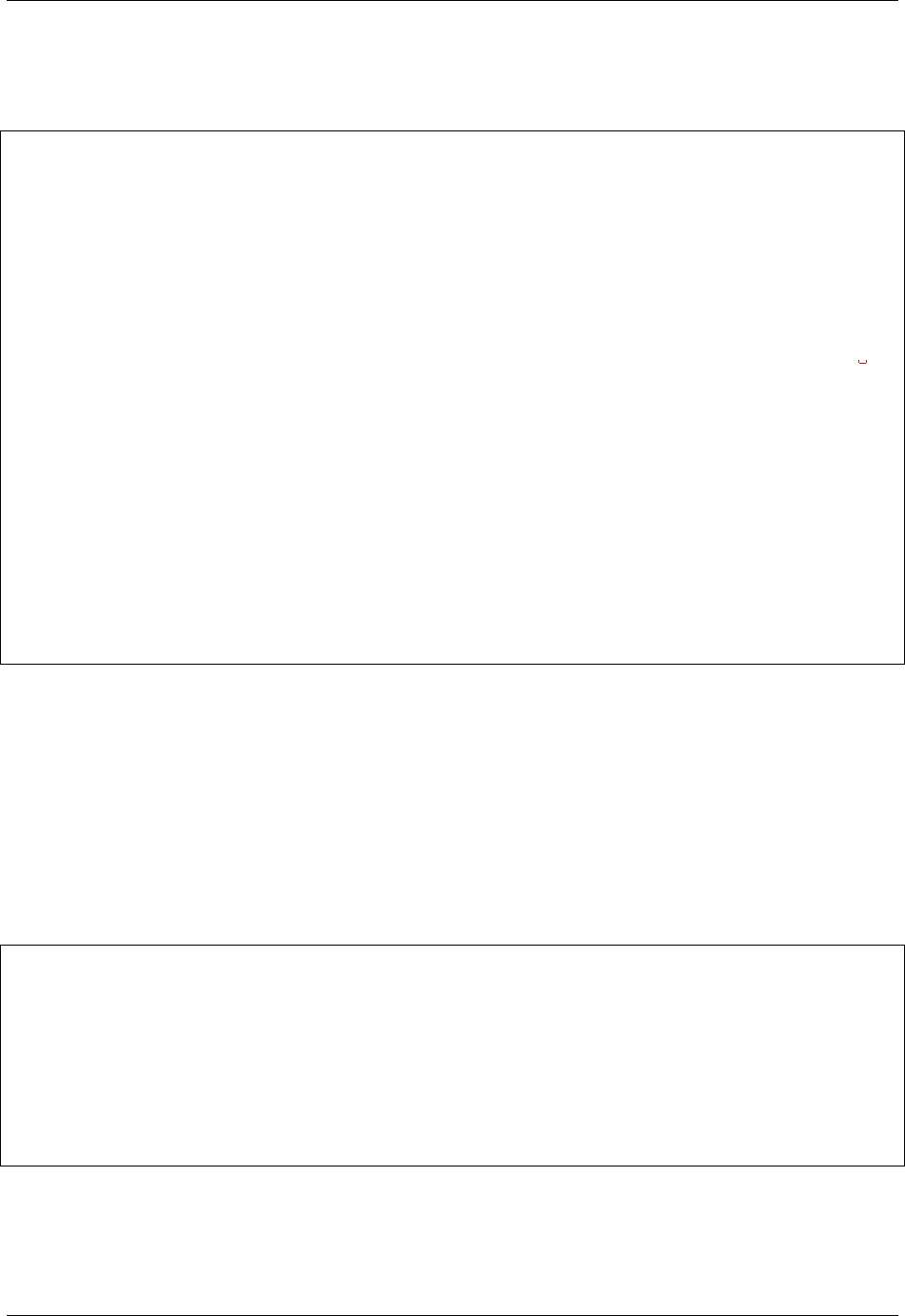
GeoServer User Manual, Release 2.15.1
Actions
Actions are extensions to the taskmanager webGUI attached to particular parameter types.
public interface Action extends Named, Serializable {
/**
*Execute this action.
*
*@param onPage the configuration page.
*@param target the target of the ajax request that executed this action.
*@param valueModel the value of the attribute, for reading and writing.
*@param dependsOnRawValues raw values of depending attributes.
*/
void execute(ConfigurationPage onPage, AjaxRequestTarget target, IModel<String>
,→valueModel, List<String>dependsOnRawValues);
/**
*Check whether this action can be executed with current values.
*\
*@param value the value of the attribute.
*@param dependsOnRawValues raw values of depending attributes.
*@return whether this action accepts these values.
*/
default boolean accept(String value, List<String>dependsOnRawValues) {
return true;
}
}
In order to be linked to parameter types, an action must be spring bean. The name provided via the Named
interface is used as a reference.
Reporting
Report builders
Reports are user friendly representations of finished batch runs, that are sent to some destination right after
the batch run has finished. A report has a type (FAILED,CANCELLED or SUCCESS), a title and a content.
Use spring to configure a single report builder.
/**
*A report builder generates a report from abatch.
*One could write a custom one.
*
*/
public interface ReportBuilder {
Report buildBatchRunReport(BatchRun batchRun);
}
Report services.
Use spring to configure any number of report services.
1968 Chapter 16. Community modules

GeoServer User Manual, Release 2.15.1
/**
*A report service sends a report to a particular destination.
*One can add an unlimited amount of report services which will all be used.
*
*/
public interface ReportService {
/**
*Enumeration for filter.
*
*/
public enum Filter {
/** All batch runs are reported **/
ALL (Report.Type.FAILED, Report.Type.CANCELLED, Report.Type.SUCCESS),
/** Only failed and cancelled batch runs are reported **/
FAILED_AND_CANCELLED (Report.Type.FAILED, Report.Type.CANCELLED),
/** Only failed batch runs are reported **/
FAILED_ONLY (Report.Type.FAILED);
Report.Type[] types;
private Filter(Report.Type... types) {
this.types =types;
}
public boolean matches(Report.Type type) {
return ArrayUtils.contains(types, type);
}
}
/**
*Return the filter of the report.
*
*@return the filter of the report.
*/
public Filter getFilter();
/**
*Send a report.
*
*@param report the report.
*/
public void sendReport(Report report);
}
16.35 Quality of Service and Experience Module (QoSE)
The OGC standards for the Quality of Service and Experience (QoSE) module aim to improve
the quality of the Web Services and APIs, including factors like availibility, capacity and performance by
using well-defined metrics in order to provide comparable QoS measurements. The declared metadata
in the Quality of Service and Experience contribute to get a complete picture of the Quality of Service of
the entire Spatial Data Infrastructure, and more effectively maintain high Quality of Experience for its end
users.
16.35. Quality of Service and Experience Module (QoSE) 1969
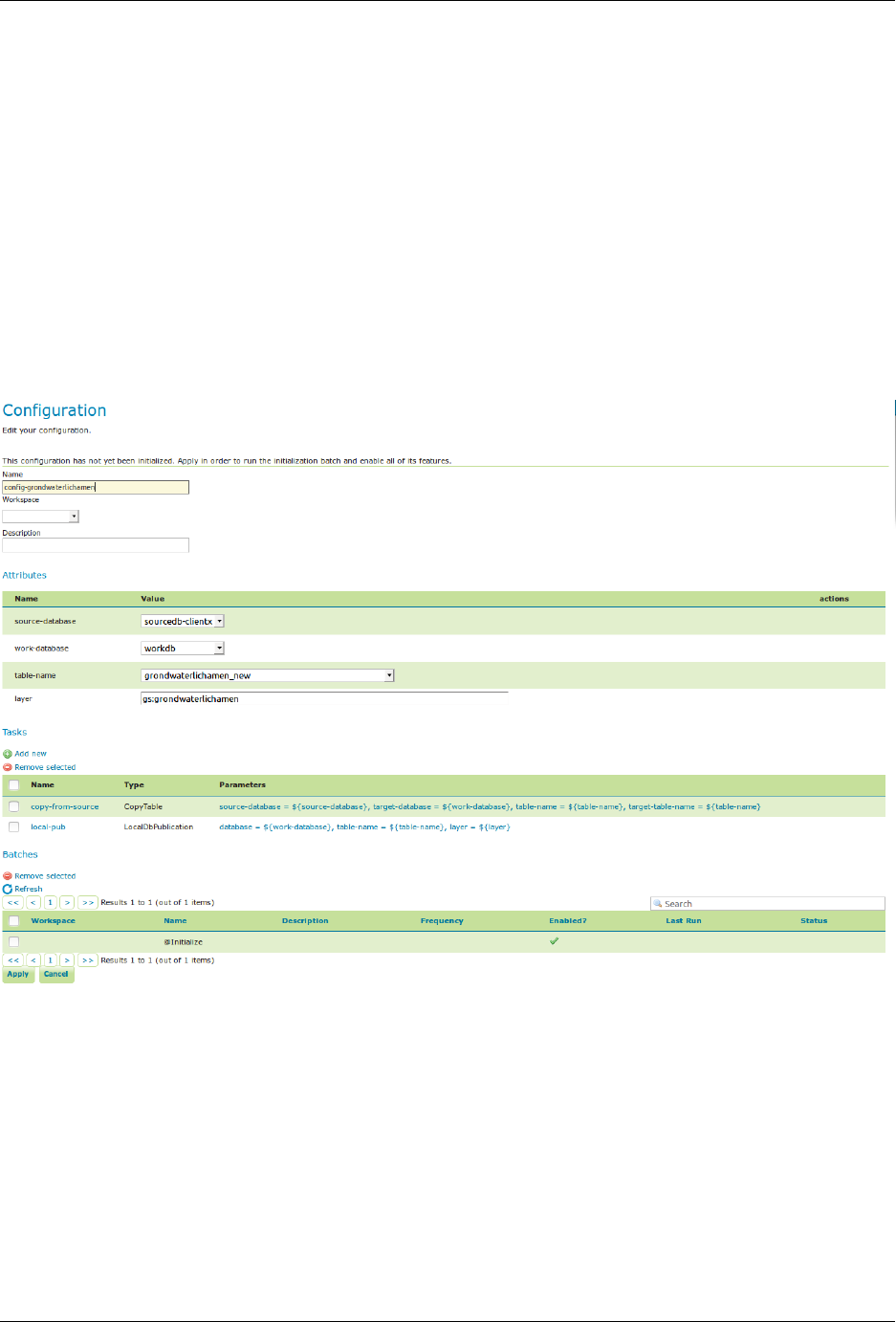
GeoServer User Manual, Release 2.15.1
16.35.1 Installing the Plug-in
As a community module, the package needs to be downloaded from the nightly builds, picking the com-
munity folder of the corresponding GeoServer series (e.g. if working on GeoServer master nightly builds,
pick the zip file form master/community-latest). The module is only supported in GeoServer 2.15 and later
on.
To install the module, unpack the zip file contents into GeoServer own WEB-INF/lib directory and restart
GeoServer.
16.35.2 Configuring QoSE
After the installation of the QoSE Plug-in, the WMS and WFS settings will show a configuration section for
QoSE.
Fig. 16.38: workflow config
Once you enable the checkbox in the figure above, four additional sections will be shown.
Operating Info
The Operating Info section allow the user to define a schedule of the Operating Status of the Service. Many
schedules with different Operating Status can be added. Specifically, the Operating Status menu list con-
tains three options:
1970 Chapter 16. Community modules
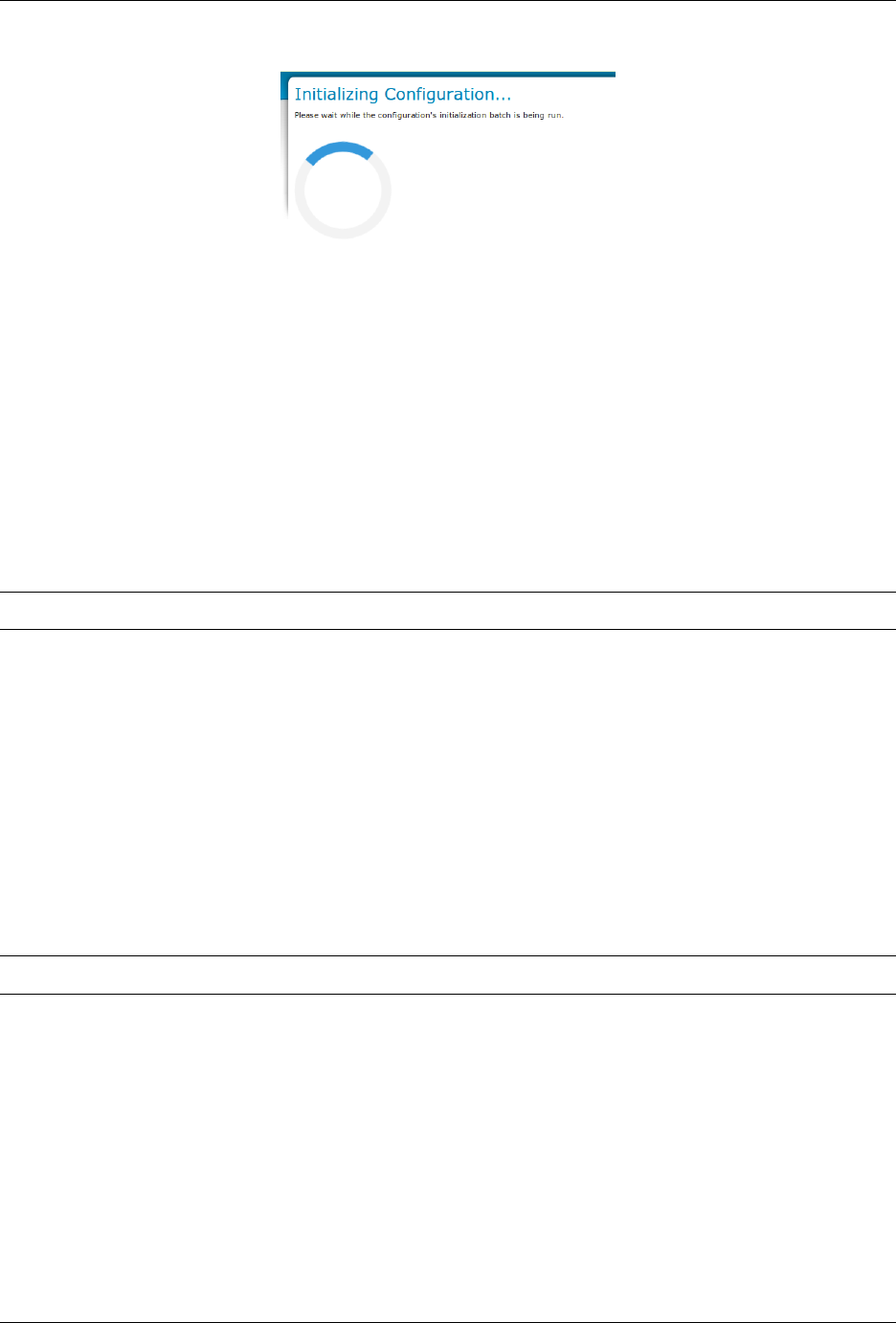
GeoServer User Manual, Release 2.15.1
Fig. 16.39: initializing. . .
•Operational: The service or endpoint can be expected to function reliably and return correct and up-
to-date information according to it’s service and dataset descriptions.
•PreOperational: The service or endpoint may be under maintenance or down in the scheduled time.
•NonOperational: The service may be unavailable or unstable.
In the Operating Info Time, the user can set the days of the week and the Start/End time with the following
format; hours:minutes:seconds+timezone (e.g. 01:00:00+03:00 or 09:00:00-04:00).
Note: Title, Start and End time are mandatory fields, and the user can add multiple time parts.
Statements
Through this section, the user can declare several performance statements of the service using various
metrics such as the performance, the availibility and the capacity of the service.
Operation Anomaly Feed
The user can also provide the module with external resources or files that contain further info on the op-
eration anomalies. For example, a calendar that indicates maintenance periods, downtimes or network
slowness or a Log file.
Note: All the fields are mandatory. The URL field can accept filenames or relative/absolute URLs.
Representative Operations
In this section, the user can set the parameters of an operation such as a GetMap or GetFeatureInfo request
to auto-configure external monitoring tools. Then, as a statement can declare the expected performance of
the service for the latter monitored operation.
Once you have finished to set all the desired operations, you can click on submit.
The module will inject the settings in the XML GetCapabilities file of the service.
16.35. Quality of Service and Experience Module (QoSE) 1971
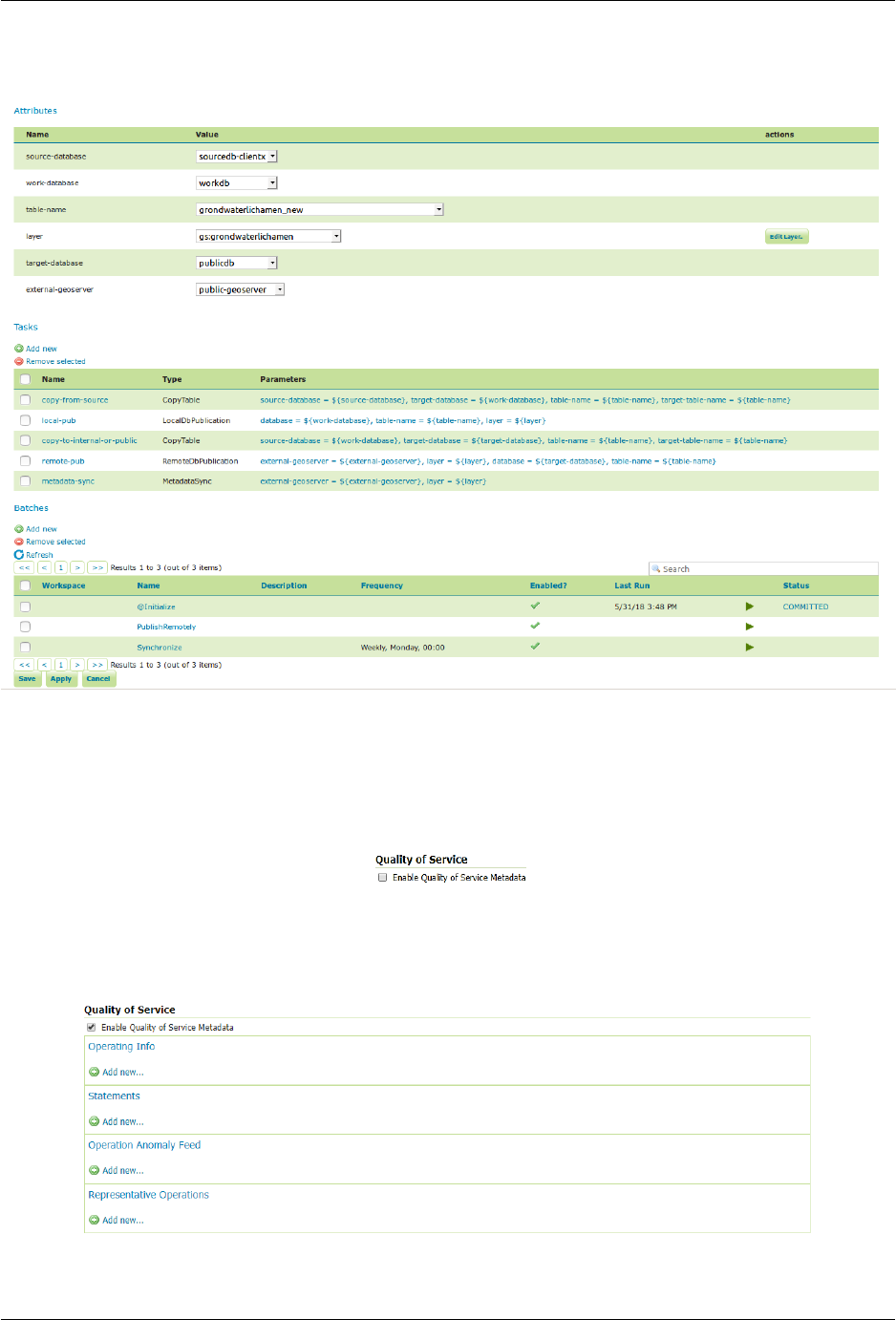
GeoServer User Manual, Release 2.15.1
Fig. 16.40: workflow config 2
1972 Chapter 16. Community modules
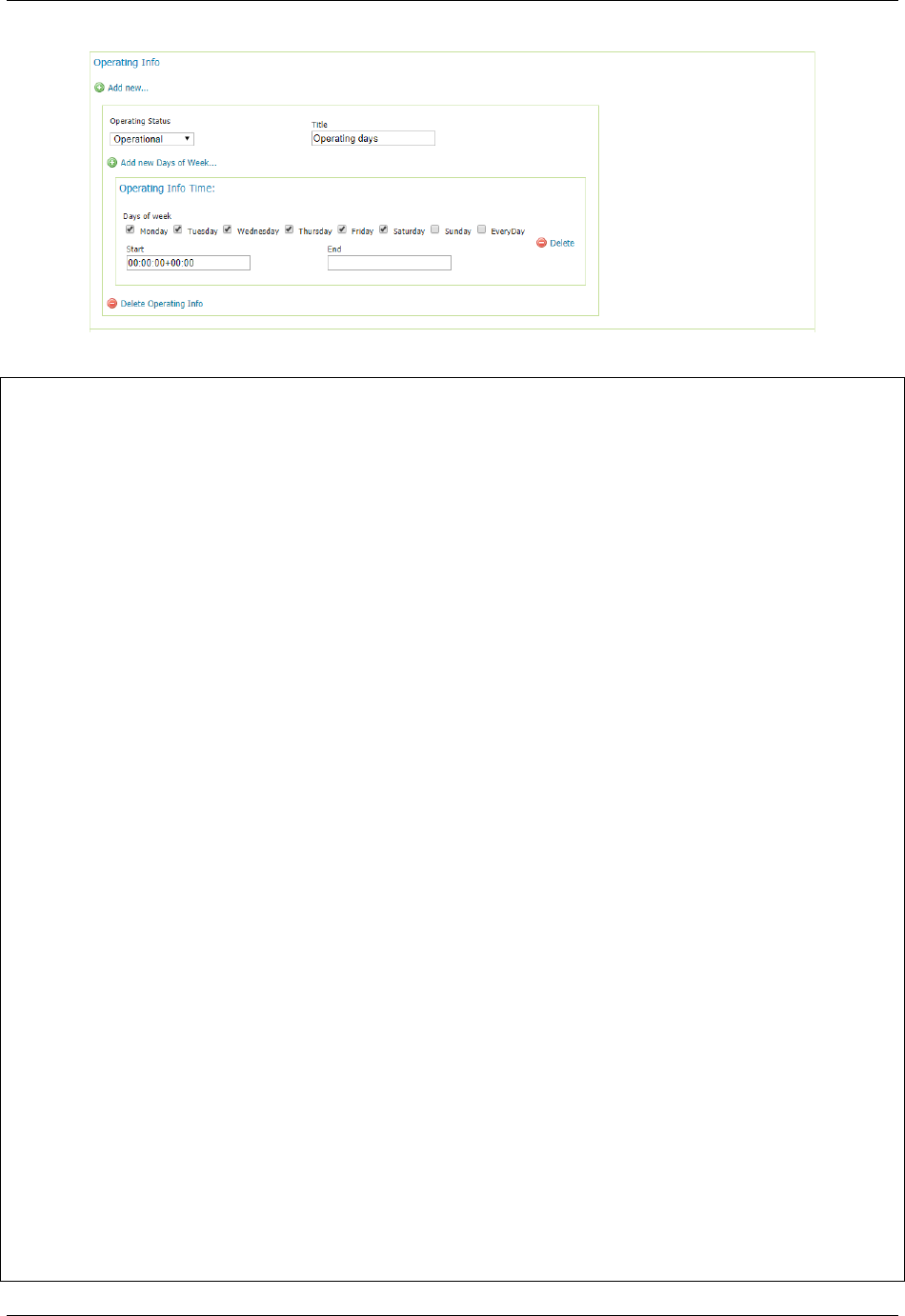
GeoServer User Manual, Release 2.15.1
<qos:QualityOfServiceStatement>
<qos:Metric xlink:href="http://def.opengeospatial.org/codelist/qos/metrics/1.0/
,→metrics.rdf#ResponseTime" xlink:title="Response Time"/>
<qos:LessThanOrEqual uom="ms">500</qos:LessThanOrEqual>
</qos:QualityOfServiceStatement>
<qos:QualityOfServiceStatement>
<qos:Metric xlink:href="http://def.opengeospatial.org/codelist/qos/metrics/1.0/
,→metrics.rdf#AvailabilityMonthly" xlink:title="Availability/Month"/>
<qos:MoreThanOrEqual uom="%">95</qos:MoreThanOrEqual>
</qos:QualityOfServiceStatement>
<qos:RepresentativeOperation>
<qos-wms:GetMapOperation>
<ows:DCP>
<ows:HTTP>
<ows:Get/>
</ows:HTTP>
</ows:DCP>
<qos-wms:RequestOption>
<qos:AreaConstraint srsName="EPSG:4326">
<qos:LowerCorner>-124.73142200000001 24.955967</qos:LowerCorner>
<qos:UpperCorner>-66.969849 49.371735</qos:UpperCorner>
</qos:AreaConstraint>
<qos:RequestParameterConstraint name="LayerName">
<ows:AllowedValues>
<ows:Value>topp:states</ows:Value>
</ows:AllowedValues>
</qos:RequestParameterConstraint>
<qos:RequestParameterConstraint name="CRS">
<ows:AllowedValues>
<ows:Value>EPSG:4326</ows:Value>
</ows:AllowedValues>
</qos:RequestParameterConstraint>
<qos:RequestParameterConstraint name="OutputFormat">
<ows:AllowedValues>
<ows:Value>image/png</ows:Value>
</ows:AllowedValues>
</qos:RequestParameterConstraint>
<qos:RequestParameterConstraint name="ImageWidth">
<ows:AllowedValues>
<ows:Range>
<ows:MinimumValue>256</ows:MinimumValue>
<ows:MaximumValue>500</ows:MaximumValue>
</ows:Range>
16.35. Quality of Service and Experience Module (QoSE) 1973
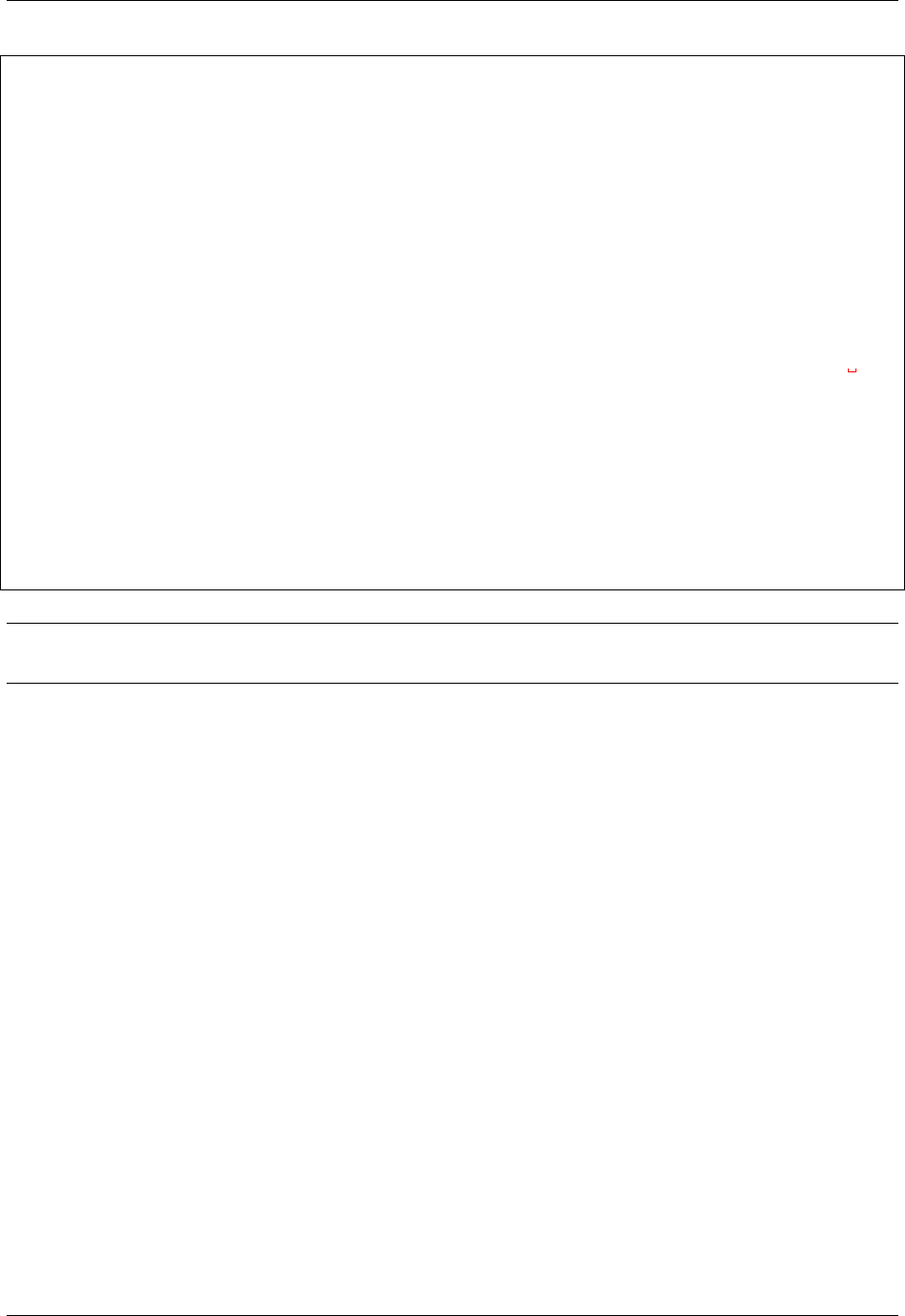
GeoServer User Manual, Release 2.15.1
</ows:AllowedValues>
</qos:RequestParameterConstraint>
<qos:RequestParameterConstraint name="ImageHeight">
<ows:AllowedValues>
<ows:Range>
<ows:MinimumValue>256</ows:MinimumValue>
<ows:MaximumValue>500</ows:MaximumValue>
</ows:Range>
</ows:AllowedValues>
</qos:RequestParameterConstraint>
</qos-wms:RequestOption>
</qos-wms:GetMapOperation>
<qos:QualityOfServiceStatement>
<qos:Metric xlink:href="http://def.opengeospatial.org/codelist/qos/metrics/1.0/
,→metrics.rdf#RequestResponsePerformance" xlink:title="GetMap Responce Performance
,→for layer States"/>
<qos:LessThanOrEqual uom="s">2</qos:LessThanOrEqual>
</qos:QualityOfServiceStatement>
</qos:RepresentativeOperation>
<qos:OperationAnomalyFeed xlink:href="http://monitoring.geo-solutions.it/resource/
,→65?lang=en">
<ows:Abstract>Live Monitoring of the Service</ows:Abstract>
<ows:Format>html</ows:Format>
</qos:OperationAnomalyFeed>
</qos-wms:QualityOfServiceMetadata>
Note: The module works only for the latest versions of WMS (i.e. 1.3.0) and WFS (i.e. 2.0.2 later on)
services.
1974 Chapter 16. Community modules

CHAPTER 17
Tutorials
17.1 Freemarker Templates
17.1.1 Introduction
This tutorial will introduce you to a more in depth view of what FreeMarker templates are and how you
can use the data provided to templates by GeoServer.
Freemarker is a simple yet powerful template engine that GeoServer uses whenever developer allowed
user customization of outputs. In particular, at the time of writing it’s used to allow customization of
GetFeatureInfo, GeoRSS and KML outputs.
Freemarker allows for simple variable expansions, as in ${myVarName}, expansion of nested properties,
such as in ${feature.myAtt.value}, up to little programs using loops, ifs and variables. Most of the
relevant information about how to approach template writing is included in the Freemarker’s Designer
guide and won’t be repeated here: the guide, along with the KML Placemark Templates and GetFeatureInfo
Templates tutorials should be good enough to give you a good grip on how a template is built.
Template Lookup
GeoServer looks up templates in three different places, allowing for various level of customization. For
example given the content.ftl template used to generate WMS GetFeatureInfo content:
• Look into GEOSERVER_DATA_DIR/workspaces/<workspace>/<datastore>/
<featuretype>/content.ftl to see if there is a feature type specific template
• Look into GEOSERVER_DATA_DIR/workspaces/<workspace>/<datastore>/content.ftl to
see if there is a store specific template
• Look into GEOSERVER_DATA_DIR/workspaces/<workspace>/content.ftl to see if there is a
workspace specific template
• Look into GEOSERVER_DATA_DIR/workspaces/content.ftl looking for a global override
• Look into GEOSERVER_DATA_DIR/templates/content.ftl looking for a global override
1975

GeoServer User Manual, Release 2.15.1
• Look into the GeoServer classpath and load the default template
Each templated output format tutorial should provide you with the template names, and state whether the
templates can be type specific, or not. Missing the source for the default template, look up for the service jar
in the geoserver distribution (for example, wms-x.y.z.jar), unpack it, and you’ll find the actual xxx.ftl files
GeoServer is using as the default templates.
Common Data Models
Freemarker calls “data model” the set of data provided to the template. Each output format used by
GeoServer will inject a different data model according to the informations it’s managing, yet there are three
very common elements that appear in almost each template, Feature, FeatureType and FeatureCollection.
Here we provide a data model of each.
The data model is a sort of a tree, where each element has a name and a type. Besides basic types, we’ll use:
• list: a flat list of items that you can scan thru using the FreeMarker <#list> directive;
• map: a key/value map, that you usually access using the dot notation, as in ${myMap.myKey}, and
can be nested;
• listMap: a special construct that is, at the same time, a Map, and a list of the values.
Here are the data models (as you can see there are redundancies, in particular in attributes, we chose this
approach to make template building easier):
FeatureType (map)
• name (string): the type name
• attributes (listMap): the type attributes
–name (string): attribute name
–namespace (string): attribute namespace URI
–prefix (string): attribute namespace prefix
–type (string): attribute type, the fully qualified Java class name
–isGeometry (boolean): true if the attribute is geometric, false otherwise
Feature (map)
• fid (string): the feature ID (WFS feature id)
• typeName (string): the type name
• attributes (listMap): the list of attributes (both data and metadata)
–name (string): attribute name
–namespace (string): attribute namespace URI
–prefix (string): attribute namespace prefix
–isGeometry (boolean): true if the attribute is geometric, false otherwise
–value: a string representation of the the attribute value
–isComplex (boolean): true if the attribute is a feature (see Complex Features), false otherwise
–type (string or FeatureType): attribute type: if isComplex is false, the fully qualified Java class
name; if isComplex is true, a FeatureType
–rawValue: the actual attribute value (is isComplex is true rawValue is a Feature)
1976 Chapter 17. Tutorials

GeoServer User Manual, Release 2.15.1
• type (map)
–name (string): the type name (same as typeName)
–namespace (string): attribute namespace URI
–prefix (string): attribute namespace prefix
–title (string): The title configured in the admin console
–abstract (string): The abstract for the type
–description (string): The description for the type
–keywords (list): The keywords for the type
–metadataLinks (list): The metadata URLs for the type
–SRS (string): The layer’s SRS
–nativeCRS (string): The layer’s coordinate reference system as WKT
FeatureCollection (map)
• features (list of Feature, see above)
• type (FeatureType, see above)
request (map)
Contains the GetFeatureInfo request parameters and related values.
environment (map)
Allows accessing several environment variables, in particular those defined in:
• JVM system properties
• OS environment variables
• web.xml context parameters
Examples
request
• ${request.LAYERS}
• ${request.ENV.PROPERTY}
environment
• ${environment.GEOSERVER_DATA_DIR}
• ${environment.WEB_SITE_URL}
17.2 GeoRSS
GeoServer supports GeoRSS as an output format allowing you to serve features as an RSS feed.
17.2. GeoRSS 1977
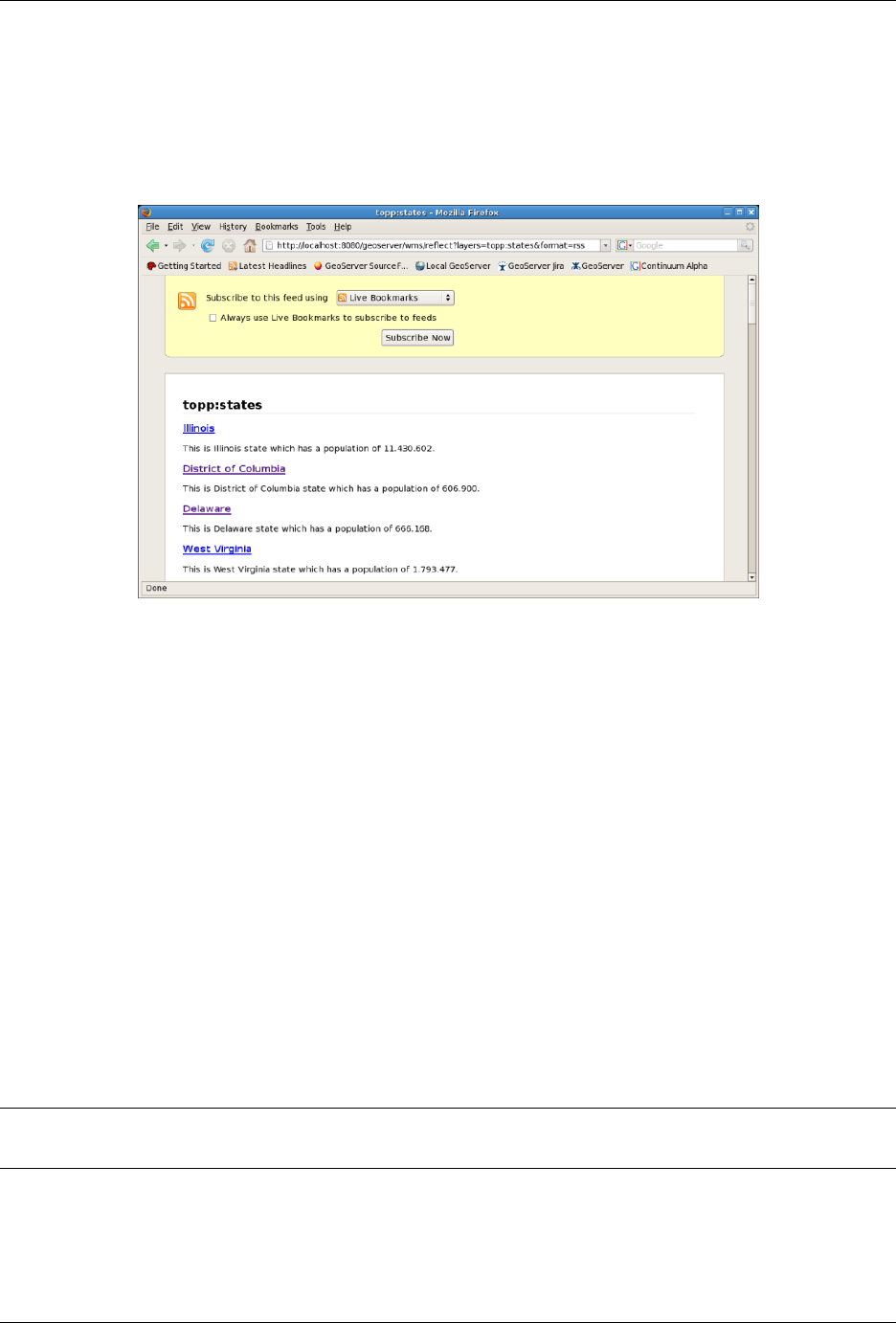
GeoServer User Manual, Release 2.15.1
17.2.1 Quick Start
If you are using a web browser which can render rss feeds simply visit the url http://localhost:8080/
geoserver/wms/reflect?layers=states&format=rss in your browser. This is assuming a local GeoServer
instance is running with an out of the box configuration. You should see a result that looks more or less like
this:
Fig. 17.1: topp:states rss feed
17.2.2 Templating
GeoServer uses freemarker templates to customize the returned GeoRSS feed. If you are not familiar with
freemarker templates you may wish to read the Freemarker Templates tutorial, and the KML Placemark Tem-
plates page, which has simple examples.
Three template files are currently supported:
•title.ftl
•description.ftl
•link.ftl
Each of these files may be used to customize the assocated field in the GeoRSS feed.
17.2.3 Ajax Map Mashups
Note: For Ajax map mashups to work, the GeoServer instance must be visible to the Internet (i.e. using
the address localhost will not work).
17.2.4 Google Maps
How to create a Google Maps mashup with a GeoRSS overlay produced by GeoServer.
1978 Chapter 17. Tutorials
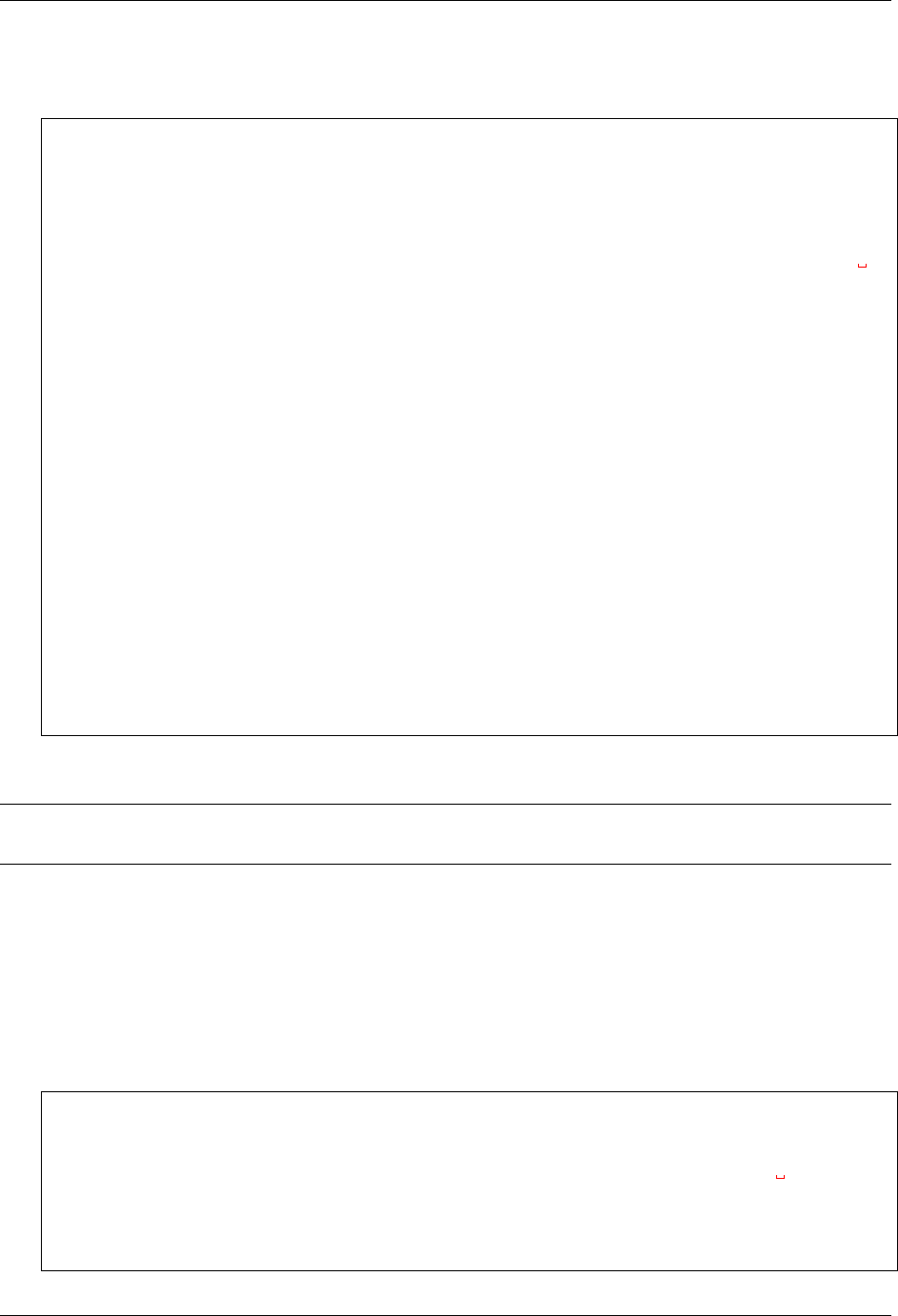
GeoServer User Manual, Release 2.15.1
1. Obtain a Google Maps API Key from Google.
2. Create an html file called gmaps.html:
<!DOCTYPE html PUBLIC "-//W3C//DTD XHTML 1.0 Strict//EN" "http://www.w3.org R/
,→xhtml1/DTD/xhtml1-strict.dtd">
<html xmlns="http://www.w3.org/1999/xhtml">
<head>
<meta http-equiv="content-type" content="text/html; charset=utf-8"/>
<title>Google Maps JavaScript API Example< itle>
<script src="http://maps.google.com/maps?file=api&v=2.x&key=<INSERT
,→MAPS API KEY HERE>" type="text/javascript"></script>
<script type="text/javascript">
//<![CDATA[
function load() {
if (GBrowserIsCompatible()) {
var map = new GMap2(document.getElementById("map"));
map.addControl(new GLargeMapControl());
map.setCenter(new GLatLng(40,-98), 4);
var geoXml = new GGeoXml("<INSERT GEOSERVER URL HERE>/geoserver/
,→wms/reflect?layers=states&format=rss");
map.addOverlay(geoXml);
}
}
//]]>
</script>
</head>
<body onload="load()" onunload="GUnload()">
<div id="map" style="width: 800px; height: 600px"></div>
</body>
</html>
3. Visit gmaps.html in your web browser.
Note: The version of the google maps api must be 2.x, and not just 2You must insert your specific maps
api key, and geoserver base url
17.2.5 Yahoo Maps
How to create a Yahoo! Maps mashup with a GeoRSS overlay produced by GeoServer.
1. Obtain a <Yahoo Maps Application ID <http://search.yahooapis.com/webservices/register_
application>‘_ from Yahoo.
2. Create an html file called ymaps.html:
<html>
<head>
<title>Yahoo! Maps GeoRSS Overlay Example< itle>
<script src="http://api.maps.yahoo.com/ajaxymap?v=3.0&appid=<INSERT
,→APPLICATION ID HERE>" type="text/javascript"></script>
<script type="text/javascript" language="JavaScript">
function StartYMap() {
17.2. GeoRSS 1979
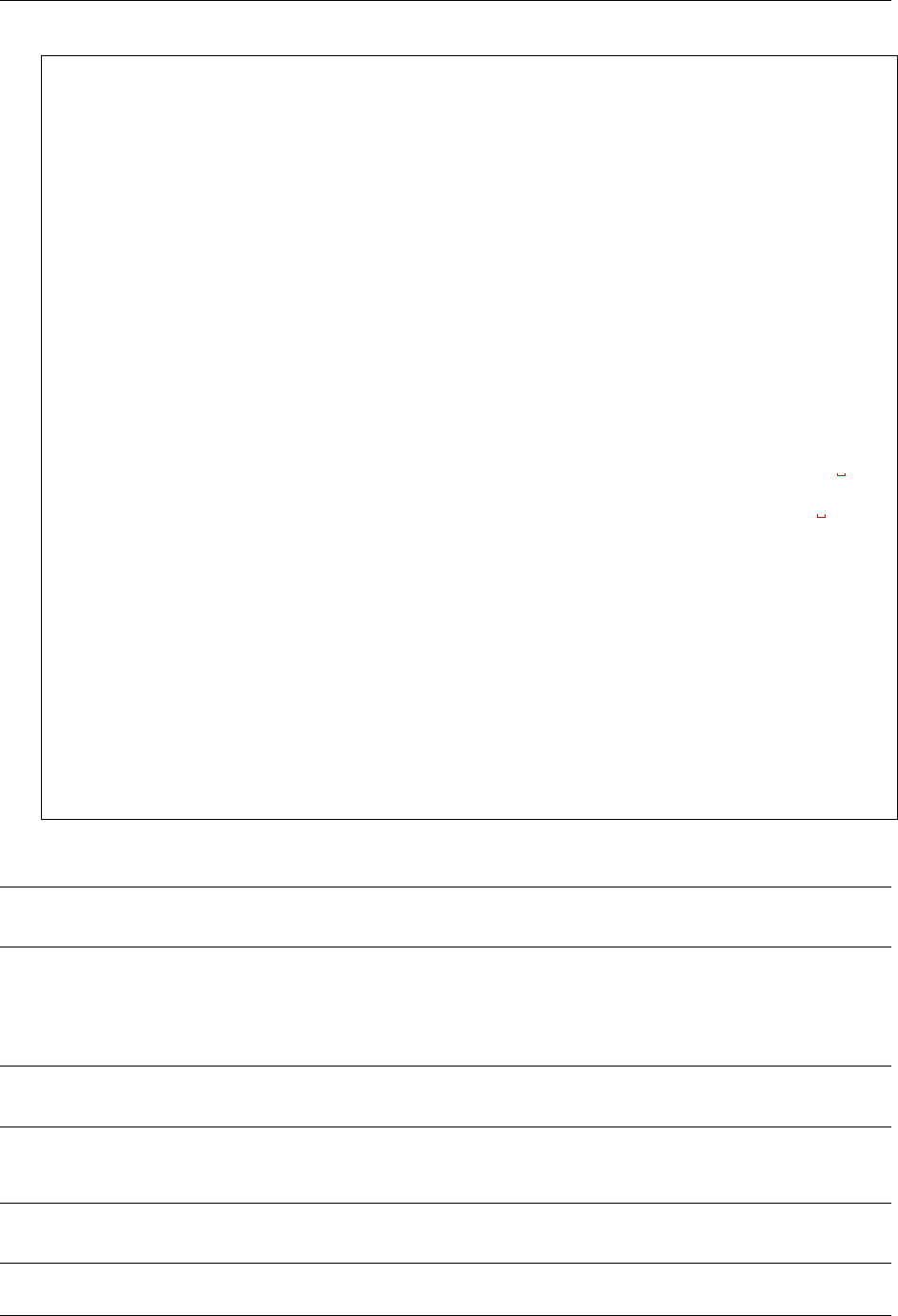
GeoServer User Manual, Release 2.15.1
var map = new YMap(document.getElementById('ymap'));
map.addPanControl();
map.addZoomShort();
function doStart(eventObj) {
var defaultEventObject = eventObj;
//eventObj.ThisMap [map object]
//eventObj.URL [argument]
//eventObj.Data [processed input]
}
function doEnd(eventObj) {
var defaultEventObject = eventObj;
//eventObj.ThisMap [map object]
//eventObj.URL [argument]
//eventObj.Data [processed input]
map.smoothMoveByXY(new YCoordPoint(10,50));
}
YEvent.Capture(map,EventsList.onStartGeoRSS, function(eventObj) {
,→doStart(eventObj); });
YEvent.Capture(map,EventsList.onEndGeoRSS, function(eventObj) {
,→doEnd(eventObj); });
map.addOverlay(new YGeoRSS('http://<INSERT GEOSERVER URL HERE>/
,→geoserver/wms/reflect?layers=states&format=rss'));
}
window.onload = StartYMap;
</script>
</head>
<body>
<div id="ymap" style="width: 800px; height: 600px; left:2px; top:2px">
,→</div>
</body>
</html>
3. Visit ymaps.html in your web browser.
Note: The version of the yahoo maps api must be 3.0 You must insert your specific application id, and
geoserver base url
17.2.6 Microsoft Virtual Earth
Note: Non Internet Explorer Users*: GeoRSS overlays are only supported in Internet Explorer, versions
greater then 5.5.
How to create a Microsoft Virtual Earth mashup with a GeoRSS overlay produced by GeoServer.
Note: To access a GeoRSS feed from Microsoft Virtual Earth the file (ve.html) must be accessed from a Web
Server, IE. It will not work if run from local disk.
1980 Chapter 17. Tutorials

GeoServer User Manual, Release 2.15.1
1. Create an html file called ve.html.Note: You must insert your specific maps api key, and geoserver
base url:
<html>
<head>
<script src="http://dev.virtualearth.net/mapcontrol/v4/mapcontrol.js"></
,→script>
<script>
var map;
function OnPageLoad()
{
map =new VEMap('map');
map.LoadMap();
var veLayerSpec =new VELayerSpecification();
veLayerSpec.Type =VELayerType.GeoRSS;
veLayerSpec.ID ='Hazards';
veLayerSpec.LayerSource ='http://<INSERT GEOSERVER URL HERE>/geoserver/wms/
,→reflect?layers=states&format=rss';
veLayerSpec.Method ='get';
map.AddLayer(veLayerSpec);
}
</script>
</head>
<body onload="OnPageLoad();">
<div id="map" style="position:relative;width:800px;height:600px;"></div>
</body>
</html>
2. Visit ve.html in your web browser. You should see the following:
17.3 GetFeatureInfo Templates
This tutorial describes how to use the GeoServer template system to create custom HTML GetFeatureInfo
responses.
17.3.1 Introduction
GetFeatureInfo is a WMS standard call that allows one to retrieve information about features and coverages
displayed in a map. The map can be composed of various layers, and GetFeatureInfo can be instructed to
return multiple feature descriptions, which may be of different types. GetFeatureInfo can generate output
in various formats: GML2, plain text and HTML. Templating is concerned with the HTML one.
The default HTML output is a sequence of titled tables, each one for a different layer. The following example
shows the default output for the tiger-ny basemap (included in the above cited releases, and onwards).
17.3.2 Standard Templates
The following assumes you’re already up to speed with Freemarker templates. If you’re not, read the
Freemarker Templates tutorial, and the KML Placemark Templates page, which has simple examples.
The default output is generated by the standard templates, which are three:
17.3. GetFeatureInfo Templates 1981
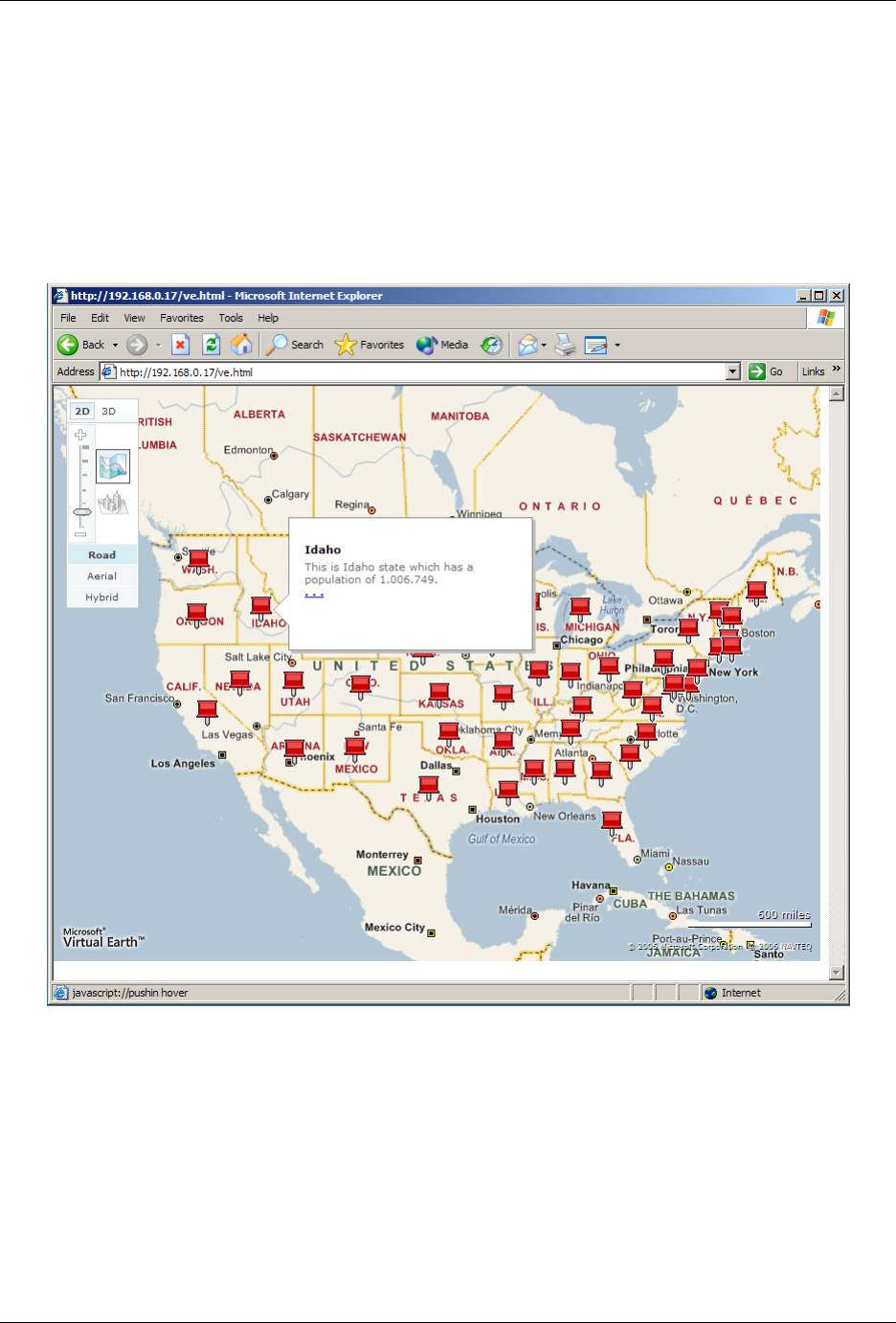
GeoServer User Manual, Release 2.15.1
Fig. 17.2: Virtual Earth
1982 Chapter 17. Tutorials
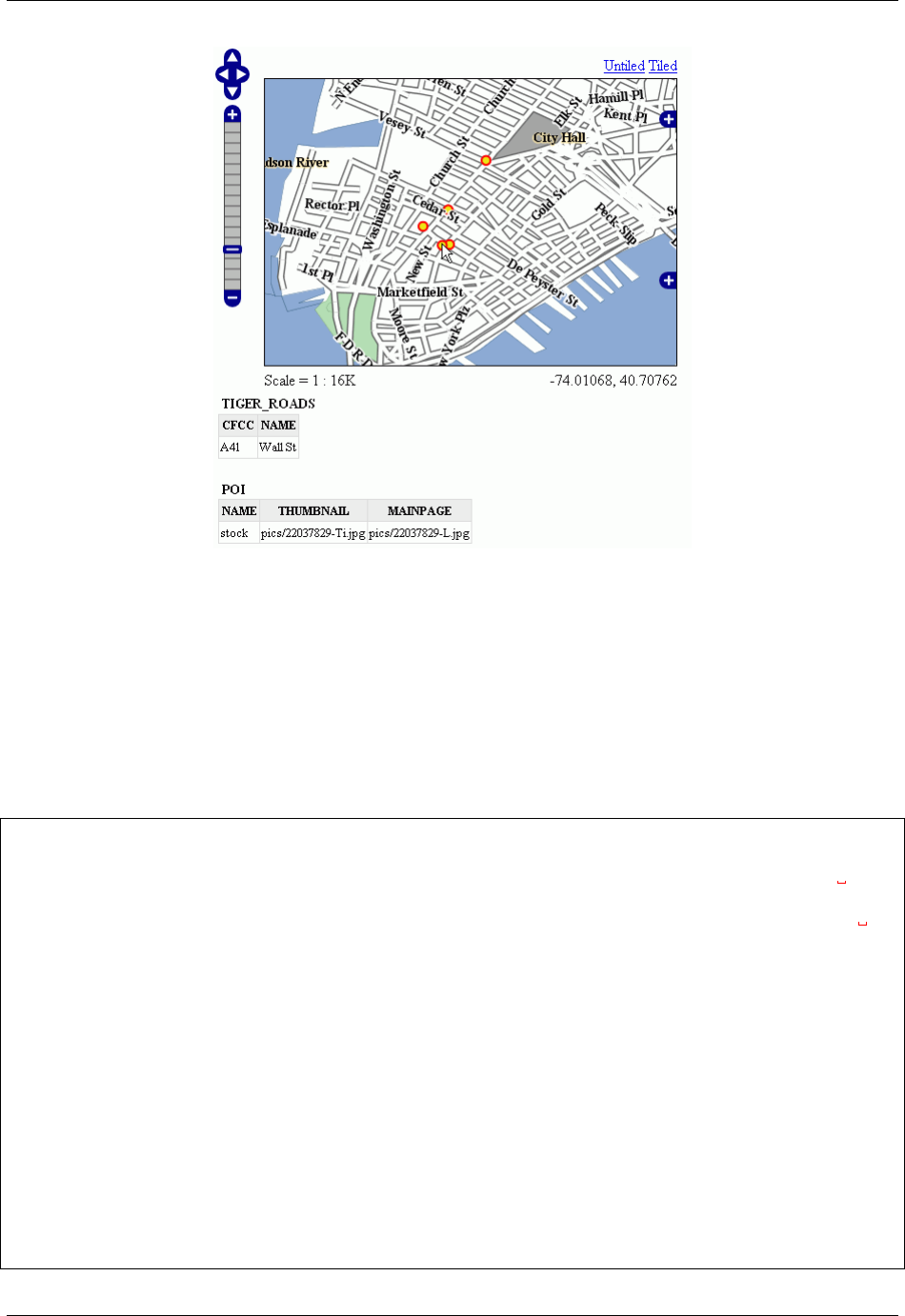
GeoServer User Manual, Release 2.15.1
Fig. 17.3: Default Output
•header.ftl
•content.ftl
•footer.ftl
The header template is invoked just once, and usually contains the start of the HTML page, along with some
CSS. The default header template looks like this (as you can see, it’s completely static, and it’s in fact not
provided with any variable you could expand):
<#--
Header section of the GetFeatureInfo HTML output.Should have the <head>section, and
a starter of the <body>. It is advised that eventual css uses a special class for
,→featureInfo,
since the generated HTML may blend with another page changing its aspect when usign
,→generic classes
like td, tr, and so on.
-->
<html>
<head>
<title>GeoServer GetFeatureInfo output</title>
</head>
<style type="text/css">
table.featureInfo, table.featureInfo td, table.featureInfo th {
border:1px solid #ddd;
border-collapse:collapse;
margin:0;
padding:0;
font-size: 90%;
padding:.2em .1em;
}
17.3. GetFeatureInfo Templates 1983
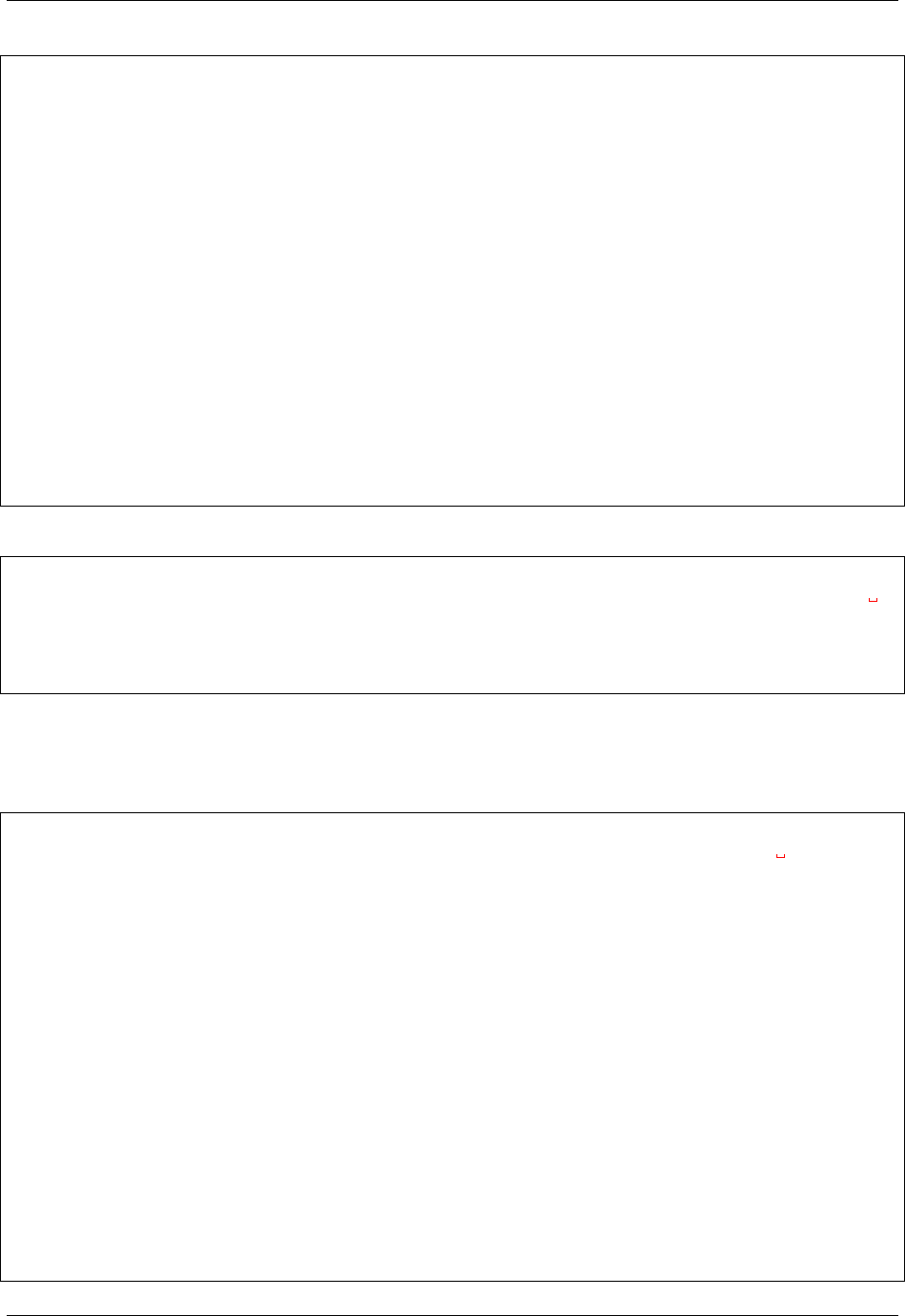
GeoServer User Manual, Release 2.15.1
table.featureInfo th{
padding:.2em .2em;
text-transform:uppercase;
font-weight:bold;
background:#eee;
}
table.featureInfo td{
background:#fff;
}
table.featureInfo tr.odd td{
background:#eee;
}
table.featureInfo caption{
text-align:left;
font-size:100%;
font-weight:bold;
text-transform:uppercase;
padding:.2em .2em;
}
</style>
<body>
The footer template is similar, a static template used to close the HTML document properly:
<#--
Footer section of the GetFeatureInfo HTML output.Should close the body and the html
,→tag.
-->
</body>
</html>
The content template is the one that turns feature objects into actual HTML tables. The template is called
multiple times: each time it’s fed with a different feature collection, whose features all have the same type.
In the above example, the template has been called once for the roads, and once for the points of interest
(POI). Here is the template source:
<#--
Body section of the GetFeatureInfo template, it's provided with one feature
,→collection, and
will be called multiple times if there are various feature collections
-->
<table class="featureInfo">
<caption class="featureInfo">${type.name}</caption>
<tr>
<#list type.attributes as attribute>
<#if !attribute.isGeometry>
<th >${attribute.name}</th>
</#if>
</#list>
</tr>
<#assign odd = false>
<#list features as feature>
<#if odd>
<tr class="odd">
<#else>
<tr>
</#if>
1984 Chapter 17. Tutorials

GeoServer User Manual, Release 2.15.1
<#assign odd = !odd>
<#list feature.attributes as attribute>
<#if !attribute.isGeometry>
<td>${attribute.value}</td>
</#if>
</#list>
</tr>
</#list>
</table>
<br/>
As you can see there is a first loop scanning type and outputting its attributes into the table header, then a
second loop going over each feature in the collection (features). From each feature, the attribute collections
are accessed to dump the attribute value. In both cases, geometries are skipped, since there is not much
point in including them in the tabular report. In the table building code you can also see how odd rows are
given the “odd” class, so that their background colors improve readability.
17.3.3 Custom Templates
So, what do you have to do if you want to override the custom templates? Well, it depends on which
template you want to override.
header.ftl and footer.ftl are type independent, so if you want to override them you have to place a
file named header.ftl or footer.ftl in the templates directory, located in your GeoServer GeoServer
data directory. On the contrary, content.ftl may be generic, or specific to a feature type.
For example, let’s say you would prefer a bulleted list appearance for your feature info output, and you
want this to be applied to all GetFeatureInfo HTML output. In that case you would drop the following
content.ftl in the templates directory:
<ul>
<#list features as feature>
<li><b>Type: ${type.name}</b> (id: <em>${feature.fid}</em>):
<ul>
<#list feature.attributes as attribute>
<#if !attribute.isGeometry>
<li>${attribute.name}: ${attribute.value}</li>
</#if>
</#list>
</ul>
</li>
</#list>
</ul>
With this template in place, the output would be:
Looking at the output we notice that point of interest features refer to image files, which we know are stored
inside the default GeoServer distribution in the demo_app/pics path. So, we could provide a POI specific
override that actually loads the images.
This is easy: just put the following template in the feature type folder, which in this case is workspaces/
topp/DS_poi/poi (you should refer to your Internet visible server address instead of localhost, or its IP
if you have fixed IPs):
<ul>
<#list features as feature>
17.3. GetFeatureInfo Templates 1985
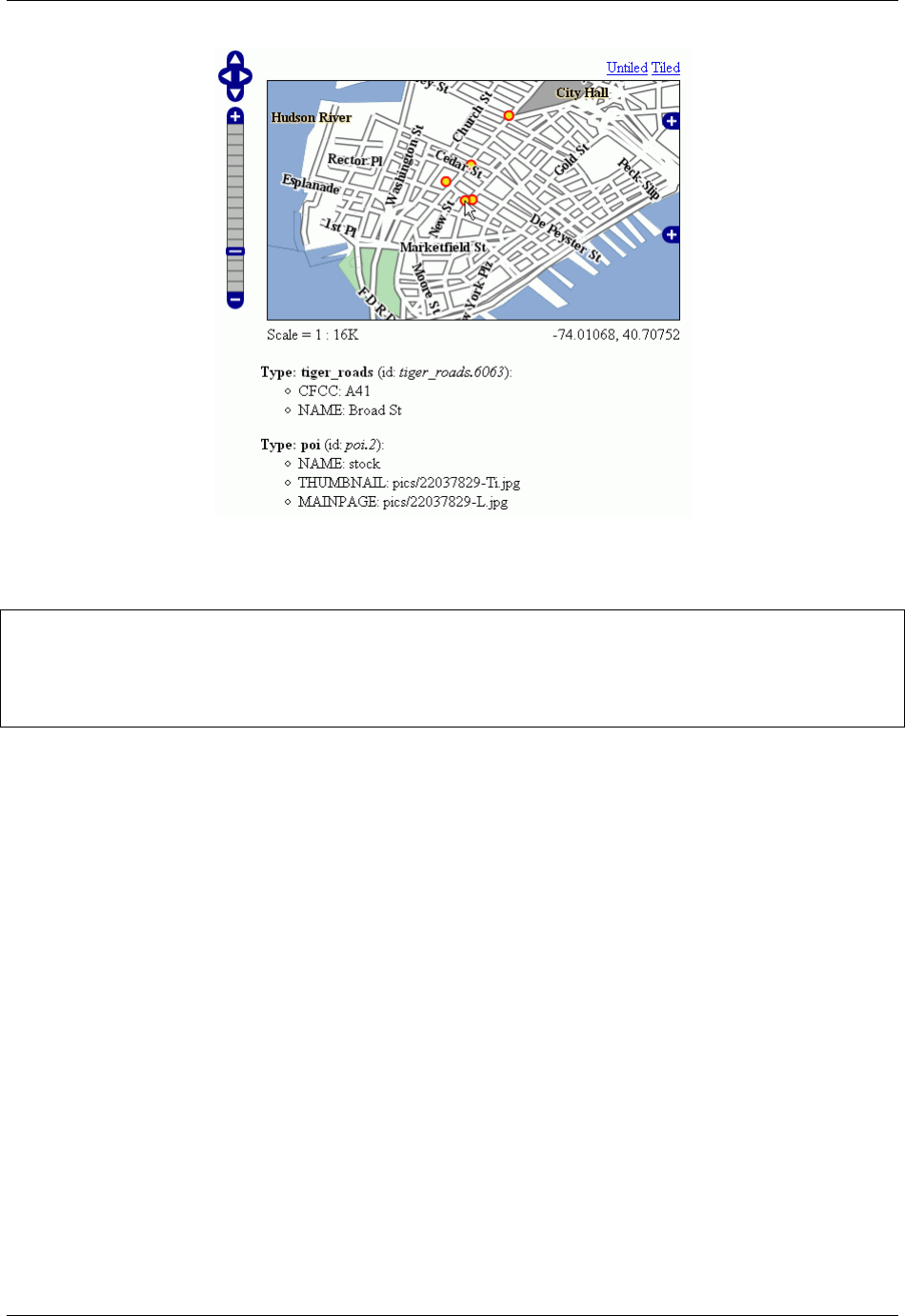
GeoServer User Manual, Release 2.15.1
Fig. 17.4: Bulleted List Output
<li><b>Point of interest, "${feature.NAME.value}"</b>:<br/>
<img src="http://localhost:8080/geoserver/popup_map/${feature.THUMBNAIL.value}"/>
</li>
</#list>
</ul>
With this additional template, the output is:
As you can see, roads are still using the generic template, whilst POI is using its own custom template.
17.3.4 Advanced Formating
The value property of Feature attribute values are given by geoserver in String form, using a sensi-
ble default depending on the actual type of the attribute value. If you need to access the raw attribute
value in order to apply a custom format (for example, to output "Enabled" or "Disabled" for a given
boolean property, instead of the default true/false, you can just use the rawValue property instead of
value. For example: ${attribute.rawValue?string("Enabled", "Disabled")} instead of just
${attribute.value}.
17.4 Paletted Images
GeoServer has the ability to output high quality 256 color images. This tutorial introduces you to the
palette concepts, the various image generation options, and offers a quality/resource comparison of them
in different situations.
1986 Chapter 17. Tutorials
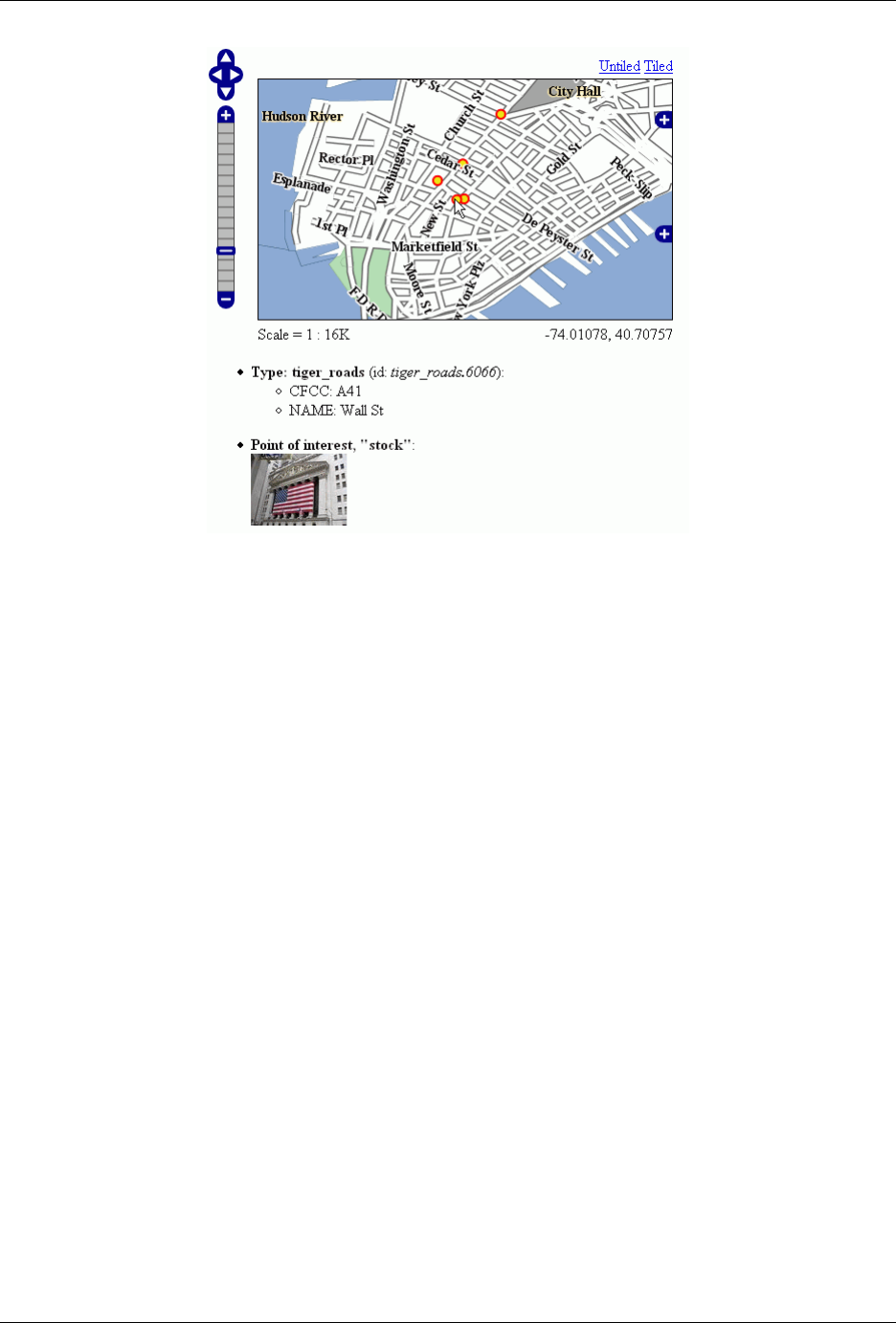
GeoServer User Manual, Release 2.15.1
Fig. 17.5: Output with Thumbnail Image
17.4.1 What are Paletted Images?
Some image formats, such as GIF or PNG, can use a palette, which is a table of (usually) 256 colors to allow
for better compression. Basically, instead of representing each pixel with its full color triplet, which takes
24bits (plus eventual 8 more for transparency), they use a 8 bit index that represent the position inside the
palette, and thus the color.
This allows for images that are 3-4 times smaller than the standard images, with the limitation that only 256
different colors can appear on the image itself. Depending of the actual map, this may be a very stringent
limitation, visibly degrading the image quality, or it may be that the output cannot be told from a full color
image. But for many maps one can easily find 256 representative colors.
In the latter case, the smaller footprint of paletted images is usually a big gain in both performance and
costs, because more data can be served with the same internet connection, and the clients will obtain re-
sponses faster.
17.4.2 Formats and Antialiasing
Internet standards offer a variety of image formats, all having different strong and weak points. The three
most common formats are:
•JPEG: a lossy format with tunable compression. JPEG is best suited for imagery layers, where the
pixel color varies continuously from one pixel to the next one, and allows for the best compressed
outputs. On the contrary, it’s not suited to most vector layers, because even slight compression gen-
erates visible artifacts on uniform color areas.
•PNG: a non lossy format allowing for both full color and paletted. In full color images each pixel is
encoded as a 24bits integer with full transparency information (so PNG images can be translucent),
in paletted mode each pixel is an 8 bit index into a 256 color table (the palette). This format is best
17.4. Paletted Images 1987

GeoServer User Manual, Release 2.15.1
suited to vector layers, especially in the paletted version. The full color version is sometimes referred
as PNG24, the paletted version as PNG8.
•GIF: a non lossy format with a 256 color palette, best suited for vector layers. Does not support
translucency, but allows for fully transparent pixels.
So, as it turns out, paletted images can be used with profit on vector data sets, either using the PNG8 or GIF
formats.
Antialiasing plays a role too. Let’s take a road layer, where each road is depicted by a solid gray line, 2
pixels thick. One may think this layer needs only 2 colors: the background one (eventually transparent)
and gray. In fact, this is true only if no antialiasing is enabled. Antialiasing will smooth the borders of the
line giving a softer, better looking shape, and it will do so by adding pixels with an intermediate color, thus
increasing the number of colors that are needed to fully display the image.
The following zoom of an image shows antialiasing in action:
Fig. 17.6: Antialiasing
These output formats, if no other parameters are provided, do compute the optimal palette on the fly. As
you’ll see, this is an expensive process (CPU bound), but as you’ll see, depending on the speed of the
network connecting the server and the client, the extra cost can be ignored (especially if the bottleneck can
be found in the network instead of the server CPU).
Optimal palette computation is anyways a repetitive work that can be done up front: a user can compute
the optimal palette once, and tell GeoServer to use it. There are three ways to do so:
1. Use the internet safe palette, a standard palette built in into GeoServer, by appending palette=safe
to the GetMap request.
2. Provide a palette by example. In this case, the user will generate an 256 color images using an external
program (such as Photoshop), and then will save it into the $GEOSERVER_DATA_DIR/palettes
directory. The sample file can be either in GIF or PNG format. If the file is named mypalette.gif
or mypalette.png, the user will be able to refer it appending palette=mypalette to the GetMap
request. GeoServer will load the palette from the file and use it.
3. Provide a palette file. The palette file must be in JASC-PAL format, and have a .pal extension. This
file type can be generated by applications such as Paint Shop Pro and IrfanView, but also can be
generated manually in a text editor. The process is just as before, but this time only the palette file
will be stored into $GEOSERVER_DATA_DIR/palettes.
Note: GeoServer does not support palette files in Microsoft Palette format, despite having the same
.pal file extension.
17.4.3 An Example with Vector Data
Enough theory, let’s have a look at how to deal with paletted images in practice. We’ll use the tiger-ny
basemap to gather some numbers, and in particular the following map request:
1988 Chapter 17. Tutorials
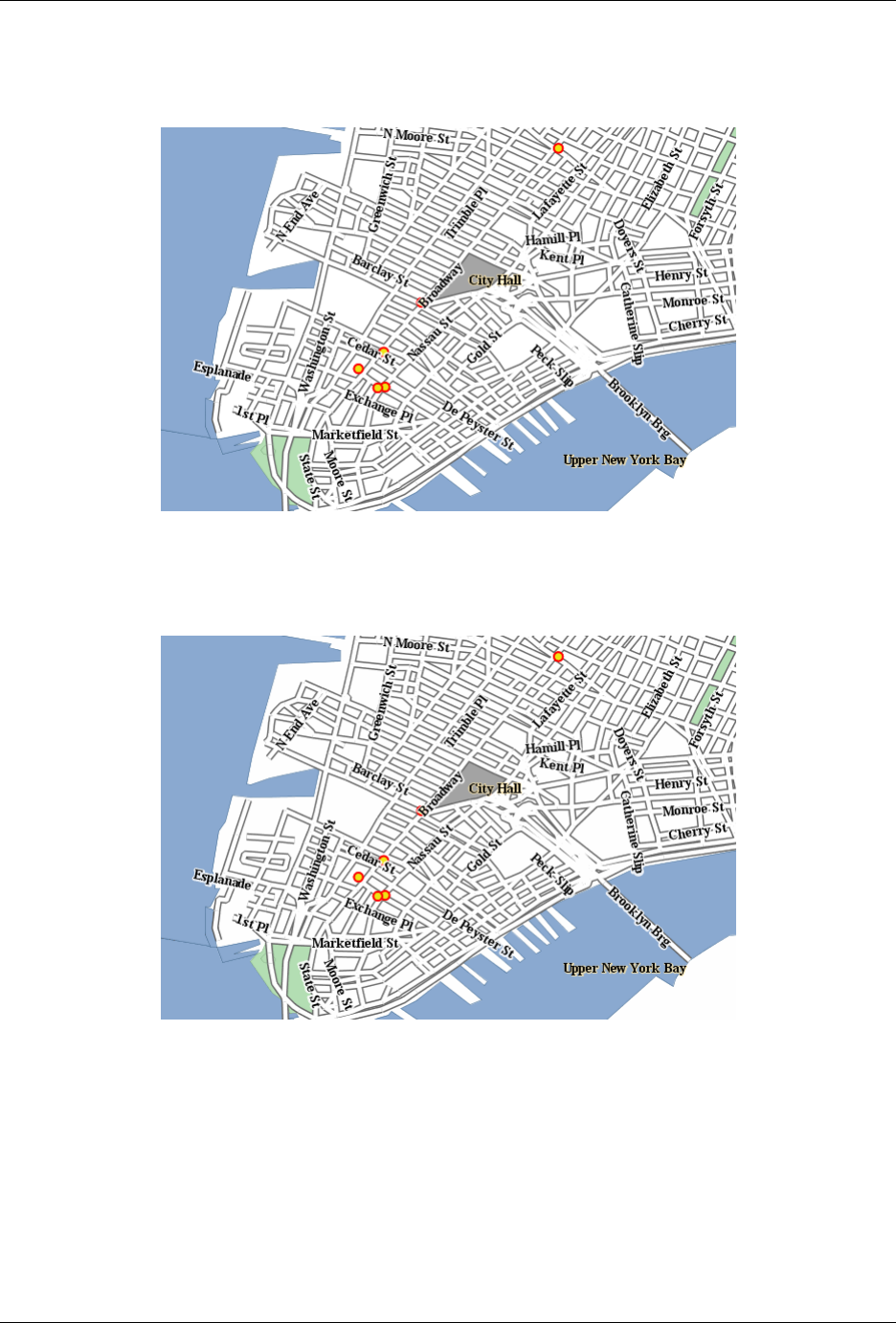
GeoServer User Manual, Release 2.15.1
And we’ll change various parameters in order to play with formats and palettes. Here goes the sampler:
Parameters:FORMAT=image/png | Size: 257 KB | Map generation time: 0.3s
Fig. 17.7: The standard PNG full color output
Parameters:FORMAT=image/png8 | Size: 60 KB | Map generation time: 0.6s
Fig. 17.8: The PNG8 output
Parameters:FORMAT=image/png | Size: 257 KB | Map generation time: 0.3s
Parameters:FORMAT=image/png &palette=nyp | Size: 56KB | Map generation time: 0.3s
The attachments include also the GIF outputs, whose size, appearance and generation time does not differ
significantly from the PNG outputs.
As we can see, depending on the choice we have a variation on the image quality, size and generation time
(which has been recorded using the FasterFox Firefox extension timer, with the browser sitting on the same
box as the server). Using palette=xxx provides the best match in speed and size, thought using the built
17.4. Paletted Images 1989
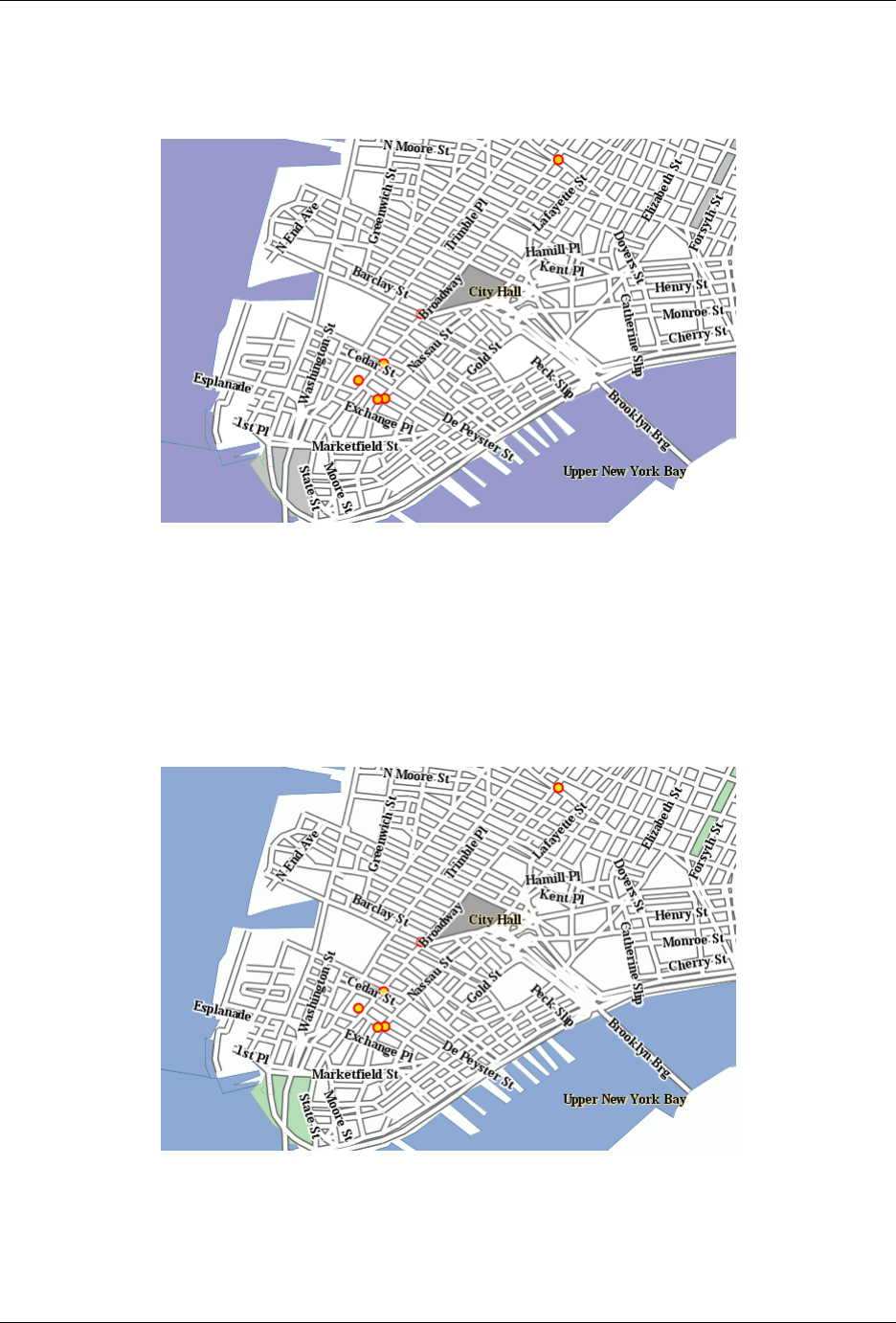
GeoServer User Manual, Release 2.15.1
Fig. 17.9: PNG + internet safe palette
Fig. 17.10: PNG + ‘custom palette <http://geoserver.org/download/attachments/1278244/nyp.pal?version=1>‘_
1990 Chapter 17. Tutorials
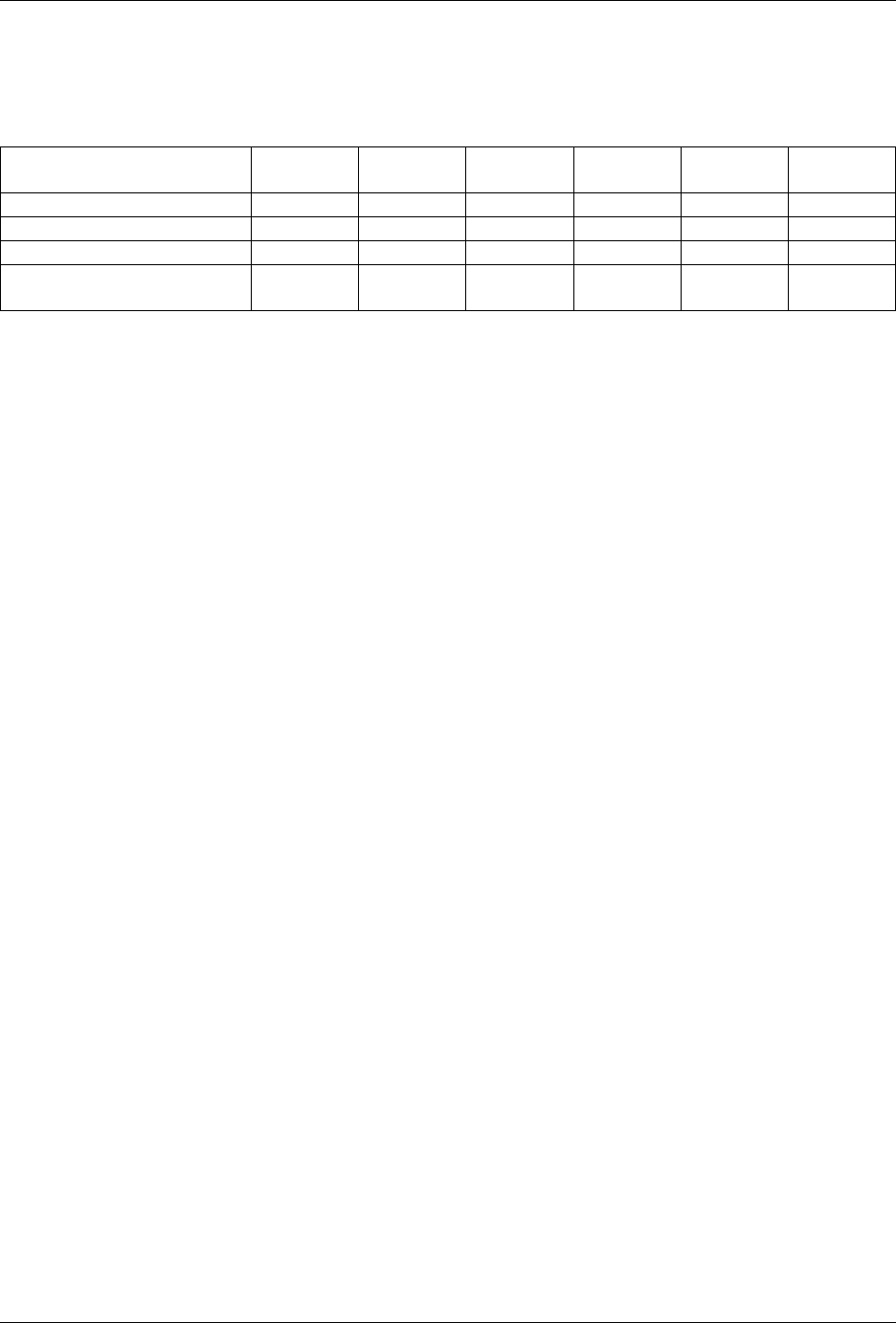
GeoServer User Manual, Release 2.15.1
in internet safe palette altered the colors. Then again, the real gain can be seen only by assuming a certain
connection speed between the server and the client, and adding the time required to move the image to the
client. The following table provides some results:
Configuration GT(s) File size
(kb)
TT
256kbit/s
TT
1MBit/s
TT
4MBit/s
TT
20MBit/s
tiger-ny-png 0,36 257 8,39 2,42 0,87 0,46
tyger-ny-png8 0,6 60 2,48 1,08 0,72 0,62
tiger-ny-png + safe palette 0,3 56 22,05 0,75 0,41 0,32
tiger-ny-png + custom
palette
0,3 59 2,14 0,77 0,42 0,32
Legend:
•GT: map generation time on the same box
•TT <speed>: total time needed for a client to show the image, assuming an internet connection of
the given speed. This time is a sum of of the image generation time and the transfer time, that is, GT
+ sizeInKbytes *8/ speedInKbits.
As the table shows, the full color PNG image takes usually a lot more time than other formats, unless it’s
being served over a fast network (and even in this case, one should consider network congestion as well).
The png8 output format proves to be a good choice if the connection is slow, whilst the extra work done in
looking up an optimal palette always pays back in faster map delivery.
17.4.4 Generating the custom palette
The nyp.pal file has been generated using IrfanView, on Windows. The steps are simple:
• open the png 24 bit version of the image
• use Image/Decrease Color Depth and set 256 colors
• use Image/Palette/Export to save the palette
17.4.5 An example with raster data
To give you an example when paletted images may not fit the bill, let’s consider the sf:dem coverage from
the sample data, and repeat the same operation as before.
Parameters:FORMAT=image/png Size: 117 KB | Map generation time: 0.2s
Parameters:FORMAT=image/jpeg Size: 23KB | Map generation time: 0.12s
Parameters:FORMAT=image/png8 Size: 60 KB | Map generation time: 0.5s
Parameters:FORMAT=image/png &palette=dem-png8 Size: 48KB | Map generation time: 0.15s
Parameters:FORMAT=image/png``& ``palette=safe Size: 17KB | Map generation time: 0.15s
As the sample shows, the JPEG output has the same quality as the full color image, is generated faster and
uses only 1/5 of its size. On the other hand, the version using the internet safe palette is fast and small, but
the output is totally ruined. Everything considered, JPEG is the clear winner, sporting good quality, fast
image generation and a size that’s half of the best png output we can get.
17.4. Paletted Images 1991
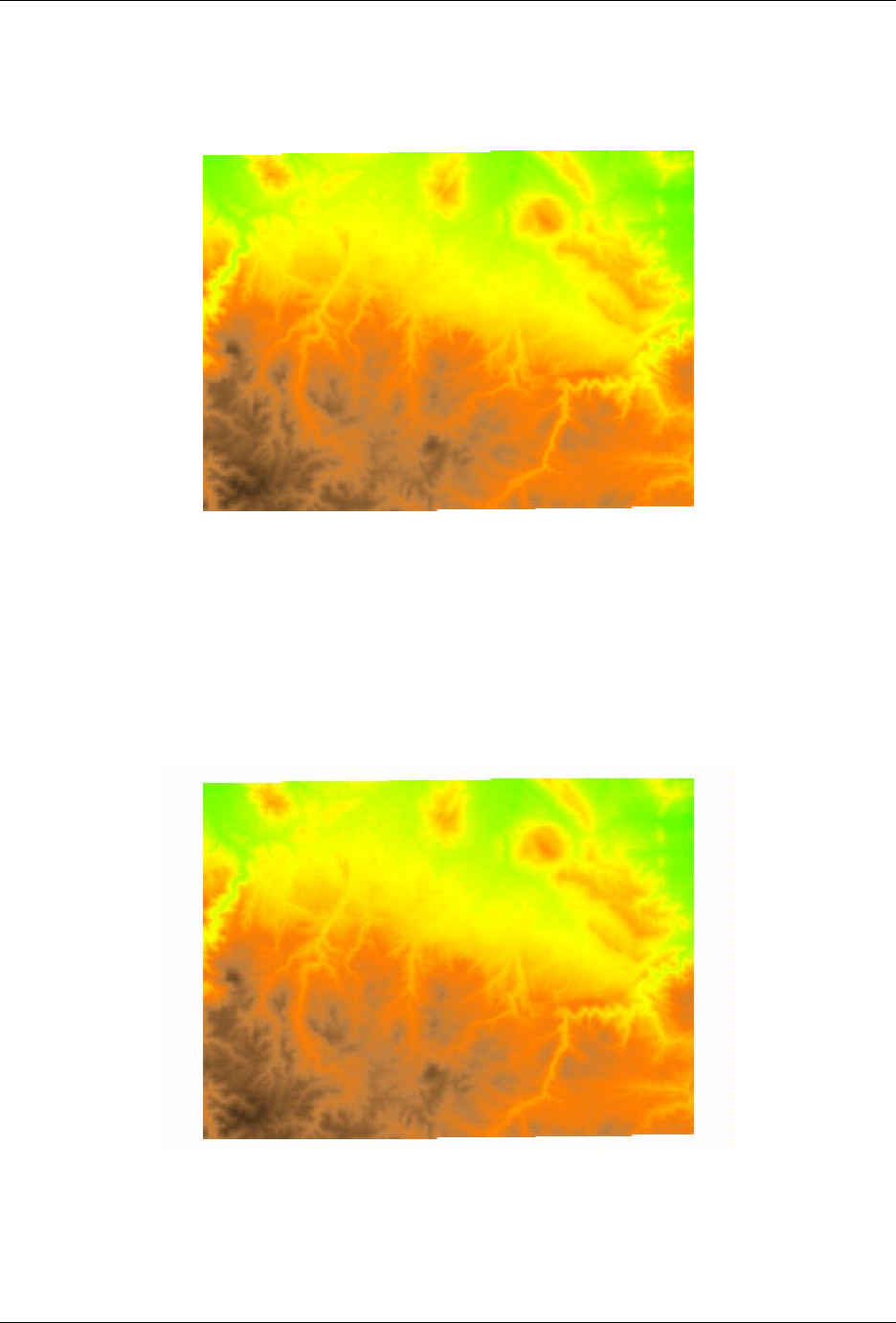
GeoServer User Manual, Release 2.15.1
Fig. 17.11: The standard PNG full color output.
Fig. 17.12: JPEG output
1992 Chapter 17. Tutorials
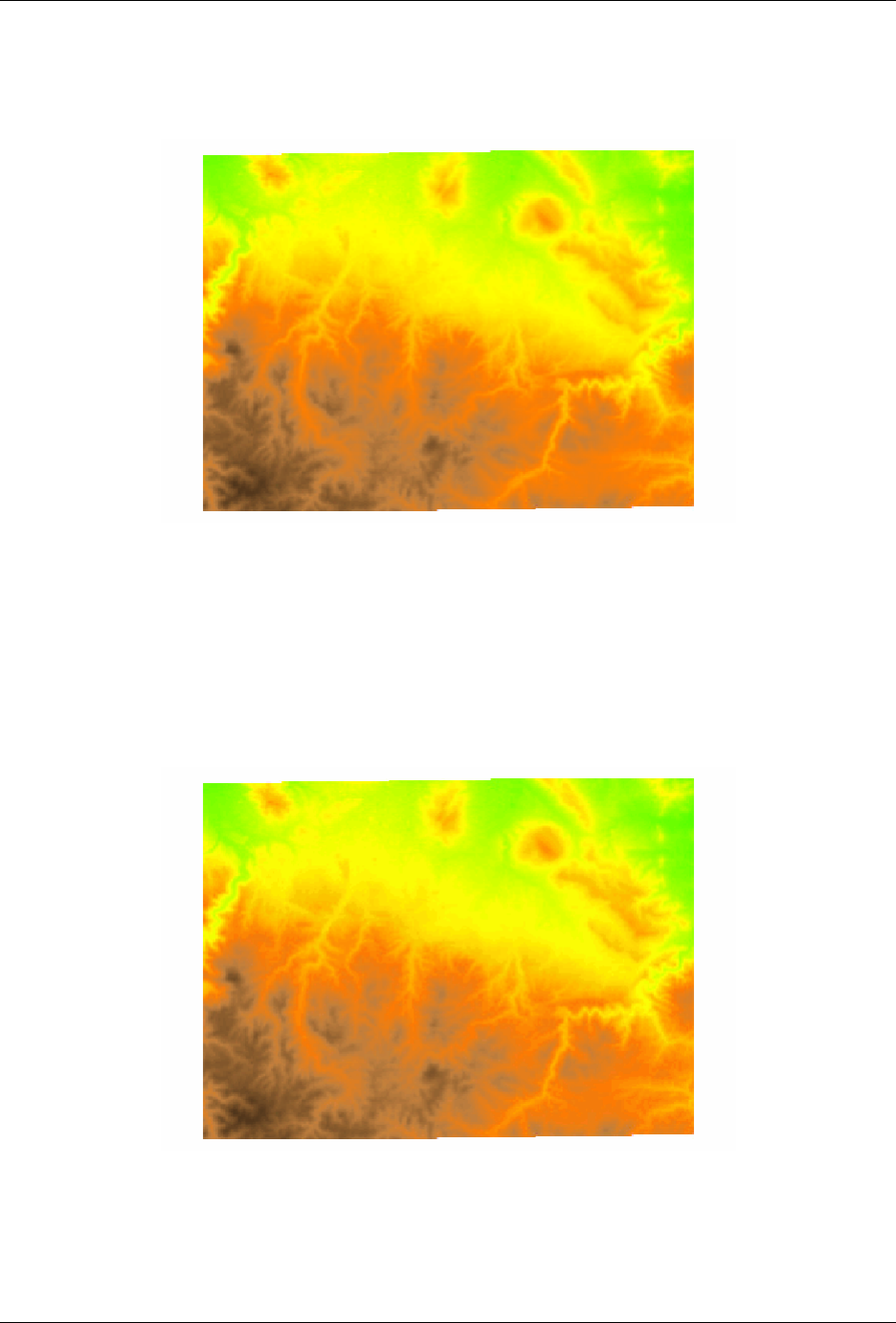
GeoServer User Manual, Release 2.15.1
Fig. 17.13: The PNG8 output.
Fig. 17.14: PNG + custom palette (using the png8 output as the palette).
17.4. Paletted Images 1993
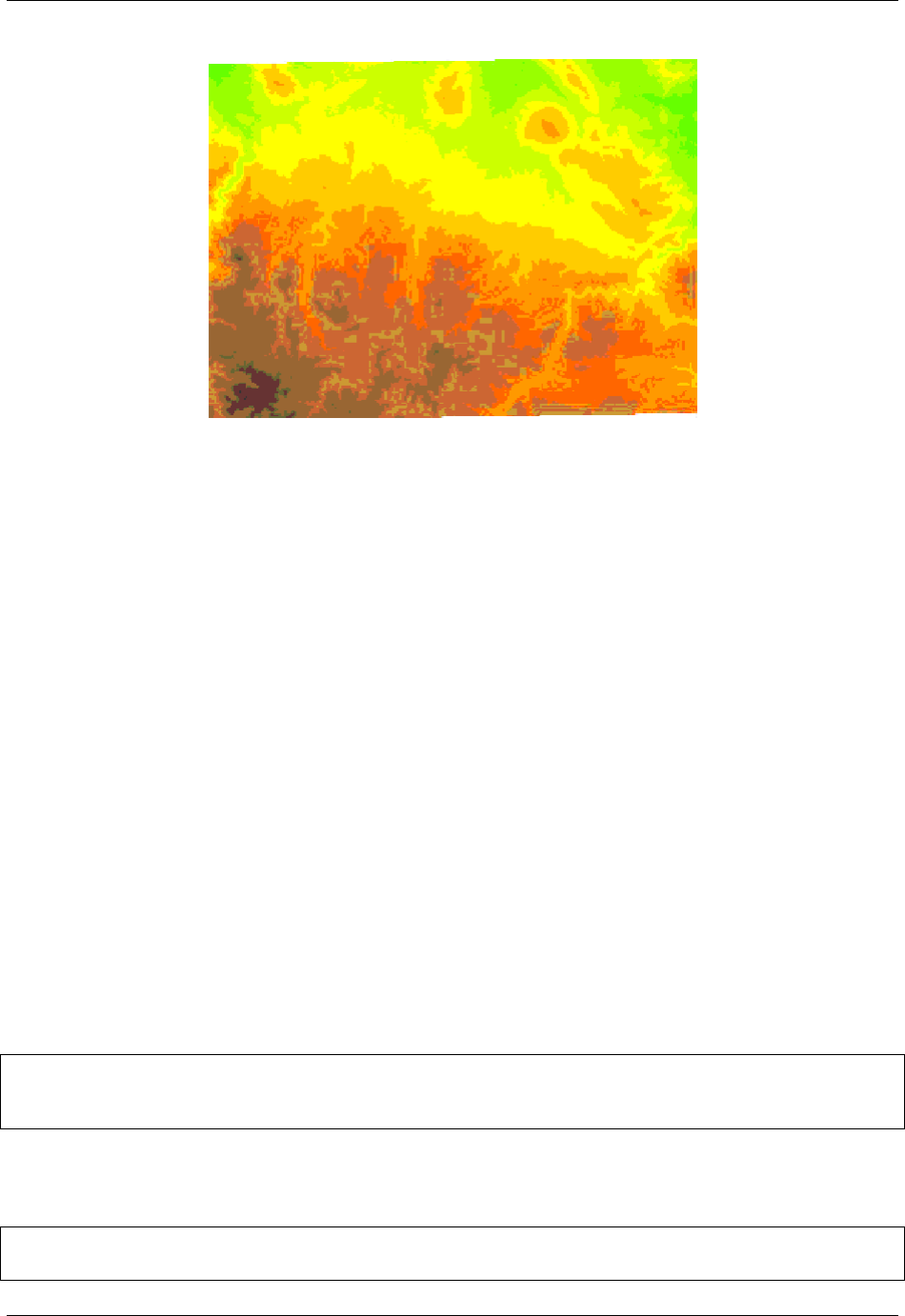
GeoServer User Manual, Release 2.15.1
Fig. 17.15: PNG + internet safe palette.
17.5 Serving Static Files
You can place static files in the www subdirectory of the GeoServer data directory, and they will be served at
http:/myhost:8080/geoserver/www. This means you can deploy HTML, images, or JavaScript, and
have GeoServer serve them directly on the web.
This approach has some limitations:
• GeoServer can only serve files whose MIME type is recognized. If you get an HTTP 415 error, this is
because GeoServer cannot determine a file’s MIME type.
• This approach does not make use of accelerators such as the Tomcat APR library. If you have many
static files to be served at high speed, you may wish to create your own web app to be deployed along
with GeoServer or use a separate web server to serve the content.
17.6 WMS Reflector
17.6.1 Overview
Standard WMS requests can be quite long and verbose. For instance the following, which returns an Open-
Layers application with an 800x600 image set to display the feature topp:states, with bounds set to the
northwestern hemisphere by providing the appropriate bounding box:
http://localhost:8080/geoserver/wms?service=WMS&request=GetMap&version=1.1.1&
,→format=application/openlayers&width=800&height=600&srs=EPSG:4326&layers=topp:states&
,→styles=population&bbox=-180,0,0,90
Typing into a browser, or HTML editor, can be quite cumbersome and error prone. The WMS Reflector
solves this problem nicely by using good default values for the options that you do not specify. Using the
reflector one can shorten the above request to:
http://localhost:8080/geoserver/wms/reflect?format=application/openlayers&
,→layers=topp:states&width=800
1994 Chapter 17. Tutorials
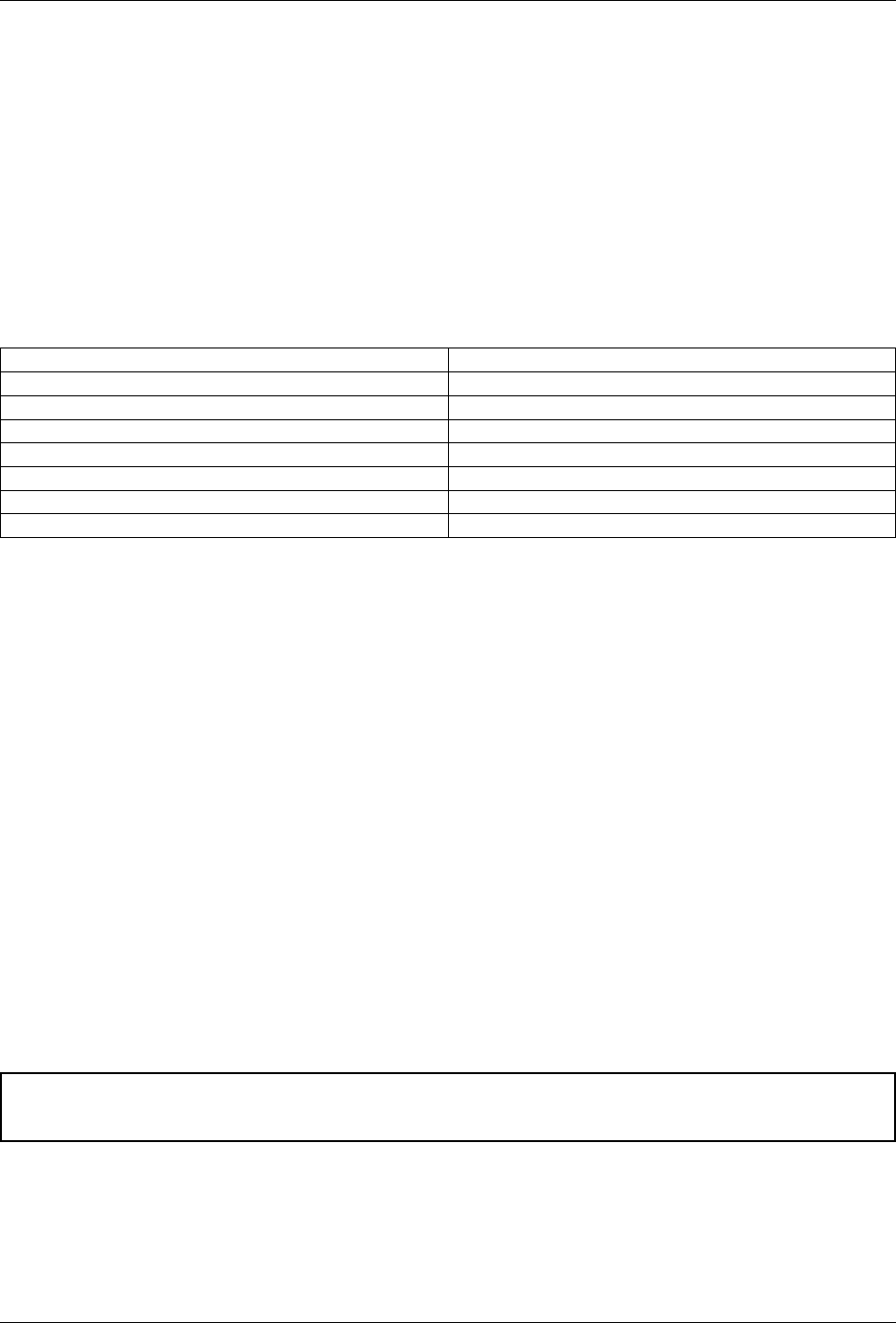
GeoServer User Manual, Release 2.15.1
This request only specifies that you want the reflector (wms/reflect) to return an OpenLayers application
(format=application/openlayers), that you want it to display the feature “topp:states” (layers=topp:states)
and that the width should be 800 pixels (width=800). However, this will not return the exact same value
as above. Instead, the reflector will zoom to the bounds of the feature and return a map that is 800 pixels
wide, but with the height adjusted to the aspect ratio of the feature.
17.6.2 Using the WMS Reflector
To use the WMS reflector all one must do is specify wms/reflect? as opposed to wms? in a request. The
only mandatory parameter to a WMS reflector call is the layers parameter. As stated above the reflector fills
in sensible defaults for the rest of the parameters. The following table lists all the defaults used:
request getmap
service wms
version 1.1.1
format image/png
width 512
height 512 if width is not specified
srs EPSG:4326
bbox bounds of layer(s)
Any of these defaults can be overridden when specifying the request. The styles parameter is derived by
using the default style as configured by GeoServer for each layer specified in the layers parameter.
Any parameter you send with a WMS request is also legitimate when requesting data from the reflector. Its
strength is what it does with the parameters you do not specify, which is explored in the next section.
layers: This is the only mandatory parameter. It is a comma separated list of the layers you wish to include
in your image or OpenLayers application.
format: The default output format is image/png. Alternatives include image/jpeg (good for raster back-
grounds), image/png8 (8 bit colors, smaller files) and image/gif
width: Describes the width of the image, alternatively the size of the map in an OpenLayers. It defaults to
512 pixels and can be calculated based on the height and the aspect ratio of the bounding box.
height: Describes the height of the image, alternatively the map in an OpenLayers. It can be calculated
based on the width and the aspect ratio of the bounding box.
bbox: The bounding box is automatically determined by taking the union of the bounds of the specified
layers. In essence, it determines the extent of the map. By default, if you do not specify bbox, it will show
you everything. If you have one layer of Los Angeles, and another of New York, it show you most of the
United States. The bounding box, automatically set or specified, also determines the aspect ratio of the
map. If you only specify one of width or height, the other will be determined based on the aspect ratio of
the bounding box.
Warning: If you specify height, width and bounding box there are zero degrees of freedom, and if the
aspect ratios do not match your image will be warped.
styles: You can override the default styles by providing a comma separated list with the names of styles
which must be known by the server.
srs: The spatial reference system (SRS) parameter is somewhat difficult. If not specified the WMS Reflector
will use EPSG:4326 / WGS84. It will support the native SRS of the layers as well, provided all layers share
the same one.
17.6. WMS Reflector 1995
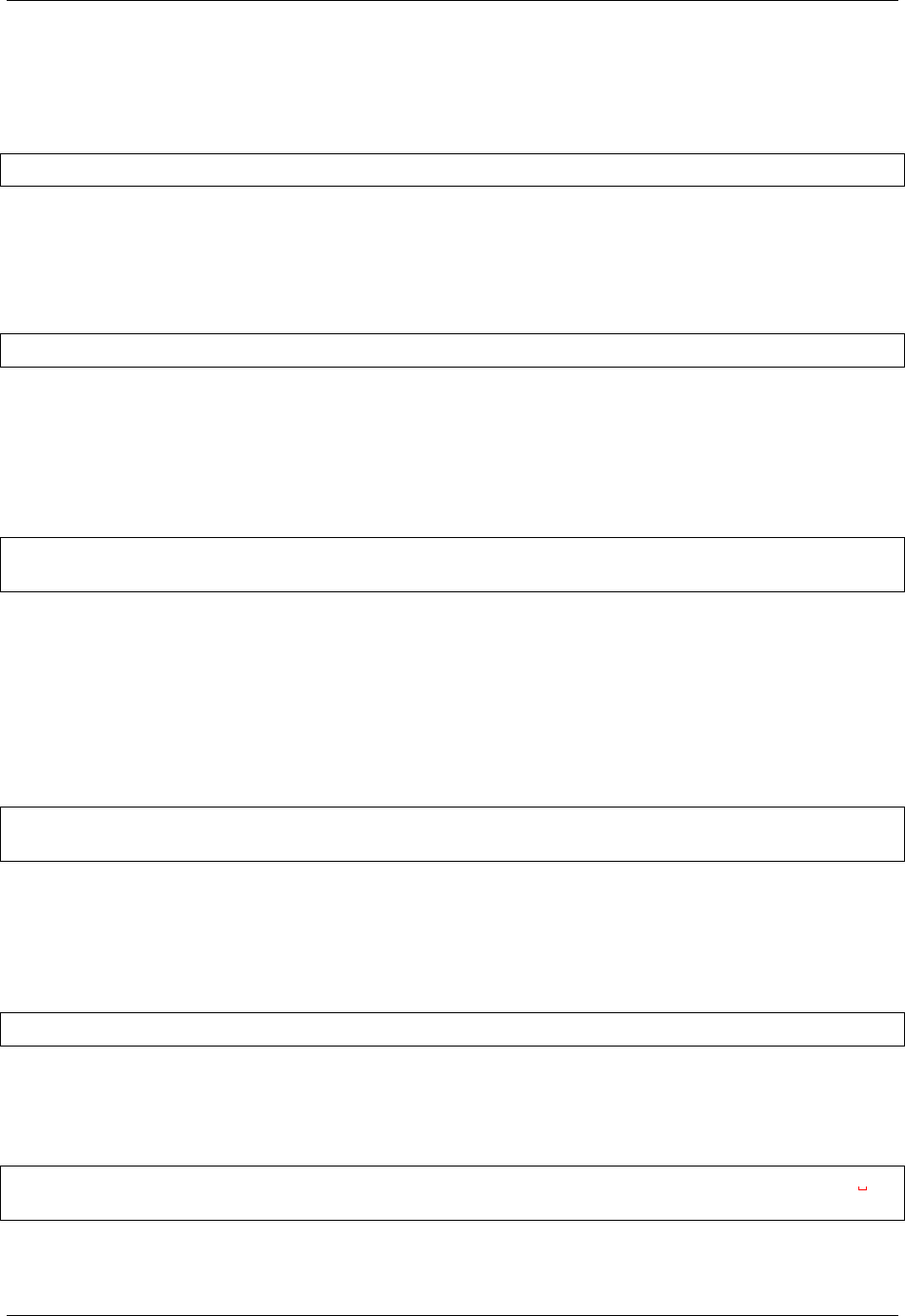
GeoServer User Manual, Release 2.15.1
Example 1
Request the layer topp:states , it will come back with the default style (demographic), width (512 pixels)
and height (adjusted to aspect ratio):
http://localhost:8080/geoserver/wms/reflect?layers=topp:states
Example 2
Request the layers topp:states and sf:restricted, it will come back with the default styles, and the specified
width (640 pixels) and the height automatically adjusted to the aspect ratio:
http://localhost:8080/geoserver/wms/reflect?layers=topp:states,sf:restricted&width=640
Example 3
In the example above the sf:restricted layer is very difficult to see, because it is so small compared to the
United States. To give the user a chance to get a better view, if they choose, we can return an OpenLayers
application instead. Zoom in on South Dakota (SD) to see the restricted areas:
http://localhost:8080/geoserver/wms/reflect?format=application/openlayers&
,→layers=topp:states,sf:restricted&width=640
Example 4
Now, if you mainly want to show the restricted layer, but also provide the context, you can set the bounding
box for the the request. The easiest way to obtain the coordinates is to use the application in example three
and the coordinates at the bottom right of the map. The coordinates displayed in OpenLayers are x , y , the
reflector service expects to be given bbox=minx,miny,maxx,maxy . Make sure it contains no whitespaces
and users a period (“.”) as the decimal separator. In our case, it will be bbox=-103.929,44.375,-103.633,44.500
http://localhost:8080/geoserver/wms/reflect?format=application/openlayers&
,→layers=topp:states,sf:restricted&width=640&bbox=-103.929,44.375,-103.633,44.500
17.6.3 Outputting to a Webpage
Say you have a webpage and you wish to include a picture that is 400 pixels wide and that shows the layer
topp:states, on this page.
<img src="http://localhost:8080/geoserver/wms/reflect?layers=topp:states&width=400" />
If you want the page to render in the browser before GeoServer is done, you should specify the height and
width of the picture. You could just pick any approximate value, but it may be a good idea to look at the
generated image first and then use those values. In the case of the layer above, the height becomes 169
pixels, so we can specify that as an attribute in the <img> tag:
<img src="http://localhost:8080/geoserver/wms/reflect?layers=topp:states&width=400"
,→height="169" width="400"/>
1996 Chapter 17. Tutorials
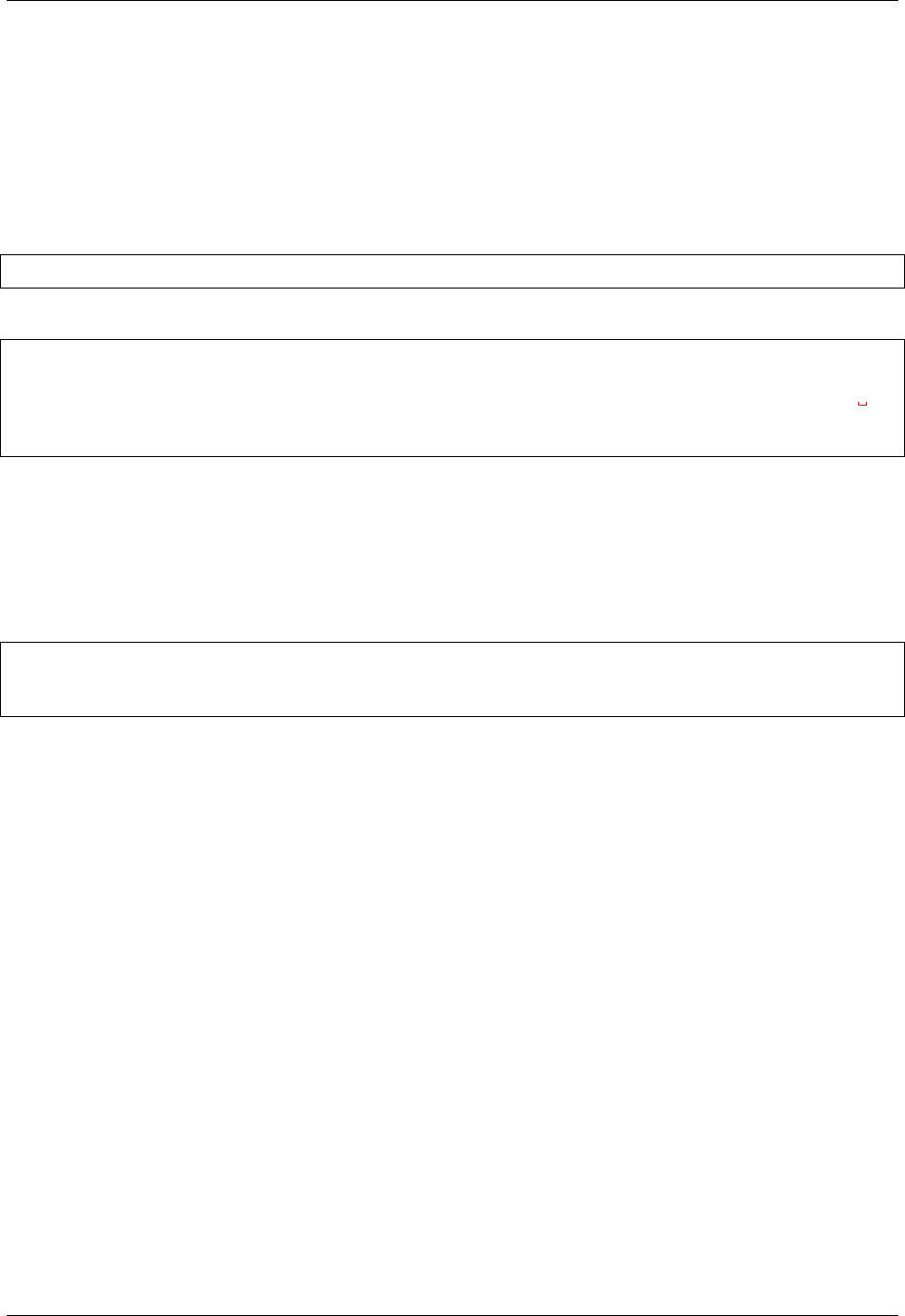
GeoServer User Manual, Release 2.15.1
If you are worried that the bounds of the layer may change, so that the height changes relative to the width,
you may also want to specify the height in the URL to the reflector. This ensures the layer will always be
centered and fit on the 400x169 canvas.
The reflector can also create a simple instance of OpenLayers that shows the layers you specify in your
request. One possible application is to turn the image above into a link that refers to the OpenLayers
instance for the same feature, which is especially handy if you think a minority of your users will want to
take closer look. To link to this JavaScript application, you need to specify the output format of the reflector:
format=application/OpenLayers:
http://localhost:8080/geoserver/wms/reflect?format=application/openlayers&width=400
The image above then becomes
<ahref="http://localhost:8080/geoserver/wms/reflect?format=application/openlayers&
,→layers=topp:states">
<img src="http://localhost:8080/geoserver/wms/reflect?layers=topp:states&width=400"
,→height="169" width="400" />
</a>
(The a-tags are on separate lines for clarity, they will in fact result in a space in front and after the image).
17.6.4 OpenLayers in an iframe
Many people do not like iframes, and for good reasons, but they may be appropriate in this case. The
following example will run OpenLayers in an iframe.
<iframe src ="http://localhost:8080/geoserver/wms/reflect?format=application/
,→openlayers&layers=topp:states" width="100%">
</iframe>
Alternatively, you can open OpenLayers in a separate webpage and choose “View Source code” in your
browser. By copying the HTML you can insert the OpenLayers client in your own page without using an
iframe.
17.7 WMS Animator
17.7.1 Overview
Standard WMS can generate static maps only. There is a number of use cases in which generating an
animation is of interest. An obvious case is time-based animation. Other uses include elevation-based
animation, varying the values of SQL View or SLD substitution parameters, or the changing the extent of
the generated map to produce the appearance of a moving viewport.
This capability is provided by the WMS Animator. The WMS Animator works in a similar way to the
WMS Reflector. It uses a provided partial WMS request as a template, and the animator parameters are
used to generate and execute a sequence of complete requests. The rendered map images are combined
into a single output image (in a format that supports multi-frame images).
The Animator is invoked by using the wms/animate request path. Any WMS paramaters can be ani-
mated, including nested ones such as SLD environment variables. To define the appearance of the animation
additional parameters are provided:
17.7. WMS Animator 1997
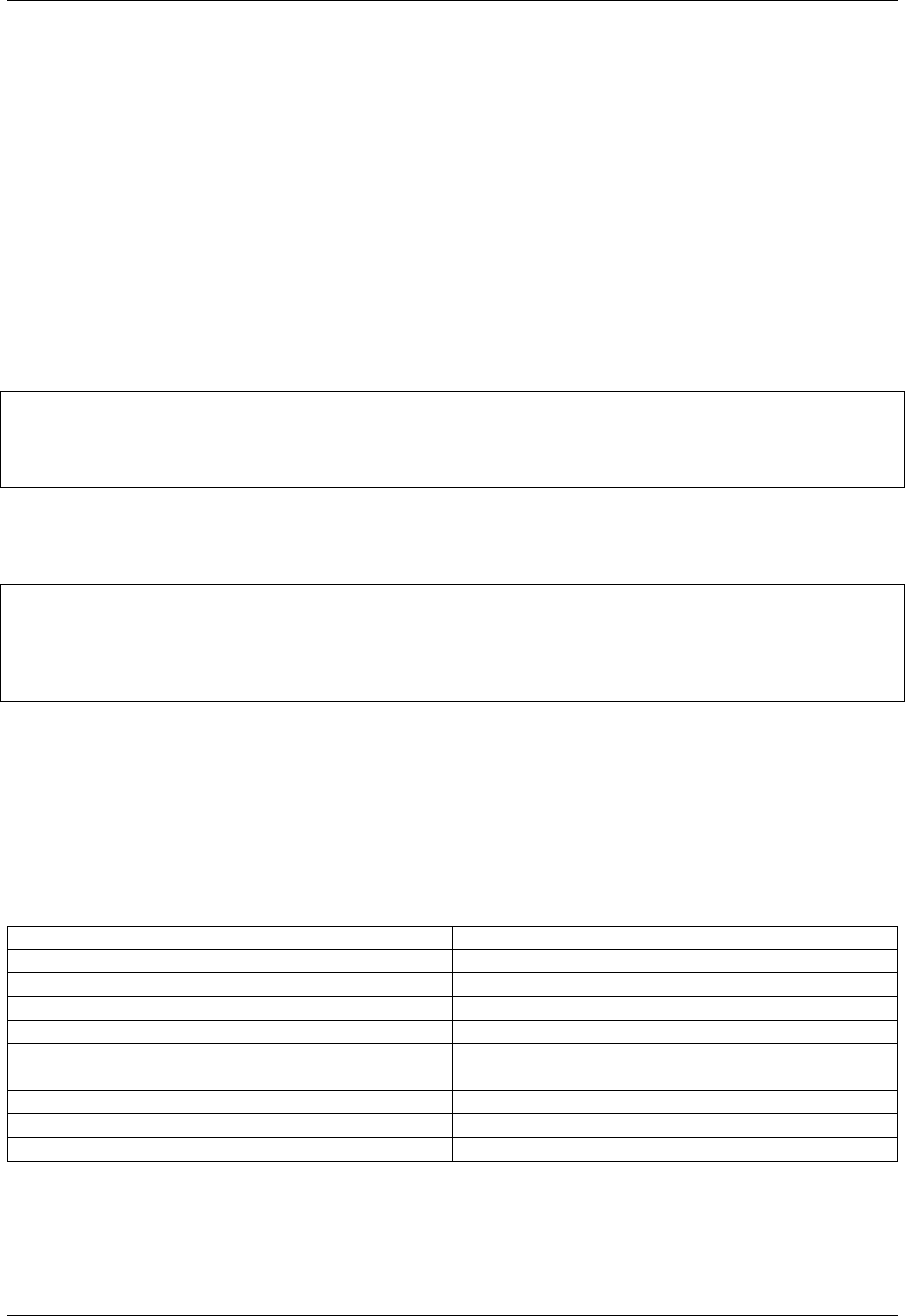
GeoServer User Manual, Release 2.15.1
•aparam specifies the name of the parameter that will be changed in the request for each frame. This
can be any WMS parameter such as layers,cql_filter,bbox,style and so on. Nested parame-
ters (such as required by the format_options,env and view_params parameters), are supported
using the syntax of param:name (for example, view_params:year).
•avalues is a comma-separated list of the values the animation parameter has for each frame. If a value
contain commas these must be escaped using a backslash. (For instance, this occurs when providing
BBOX values.)
The Animator parses the input values and uses string replacement to generate the sequence of WMS re-
quests to be executed. Each generated request is executed to produce one frame. It is up to the caller to
ensure the provided animation parameters result in valid WMS requests.
For example, to generate an animation of a layer with the viewport scrolling towards the east, the WMS
BBOX parameter is given the series of values -90,40,-60,70,-80,40,-60,70 and -70,40,-50,70
(note the escaping of the commas in the BBOX values):
http://localhost:8080/geoserver/wms/animate
?layers=topp:states
&aparam=bbox
&avalues=-90\,40\,-60\,70,-80\,40\,-60\,70,-70\,40\,-50\,70
For an example of nested parameters, assume the existence of a style named selection using an SLD
variable color. The following request creates an animated map where the selection color changes between
red, green and blue:
http://localhost:8080/geoserver/wms/animate
?layers=topp:states,topp:states
&styles=polygon,selection
&aparam=env:color
&avalues=FF0000,00FF00,0000FF
17.7.2 Using the WMS Animator
To invoke the WMS Animator specify the path wms/animate instead of wms in a GetMap request.
Every Animator request must specify the layers,aparam and avalues parameters. Any other valid
WMS parameters may be used in the request as well. If any necessary parameters are omitted, the Animator
provides sensible default values for them. The following defaults are used:
Parameter Default Value
request getmap
service wms
version 1.1.1
format image/png
width 512
height 512 if width is not specified
srs EPSG:4326, or SRS common to all layers
bbox bounds of specified layer(s)
styles default styles configured for specified layer(s)
Further details of these parameters are:
layers: This is the only mandatory standard parameter. It is a comma-separated list of the layers to be
included in the output map.
1998 Chapter 17. Tutorials
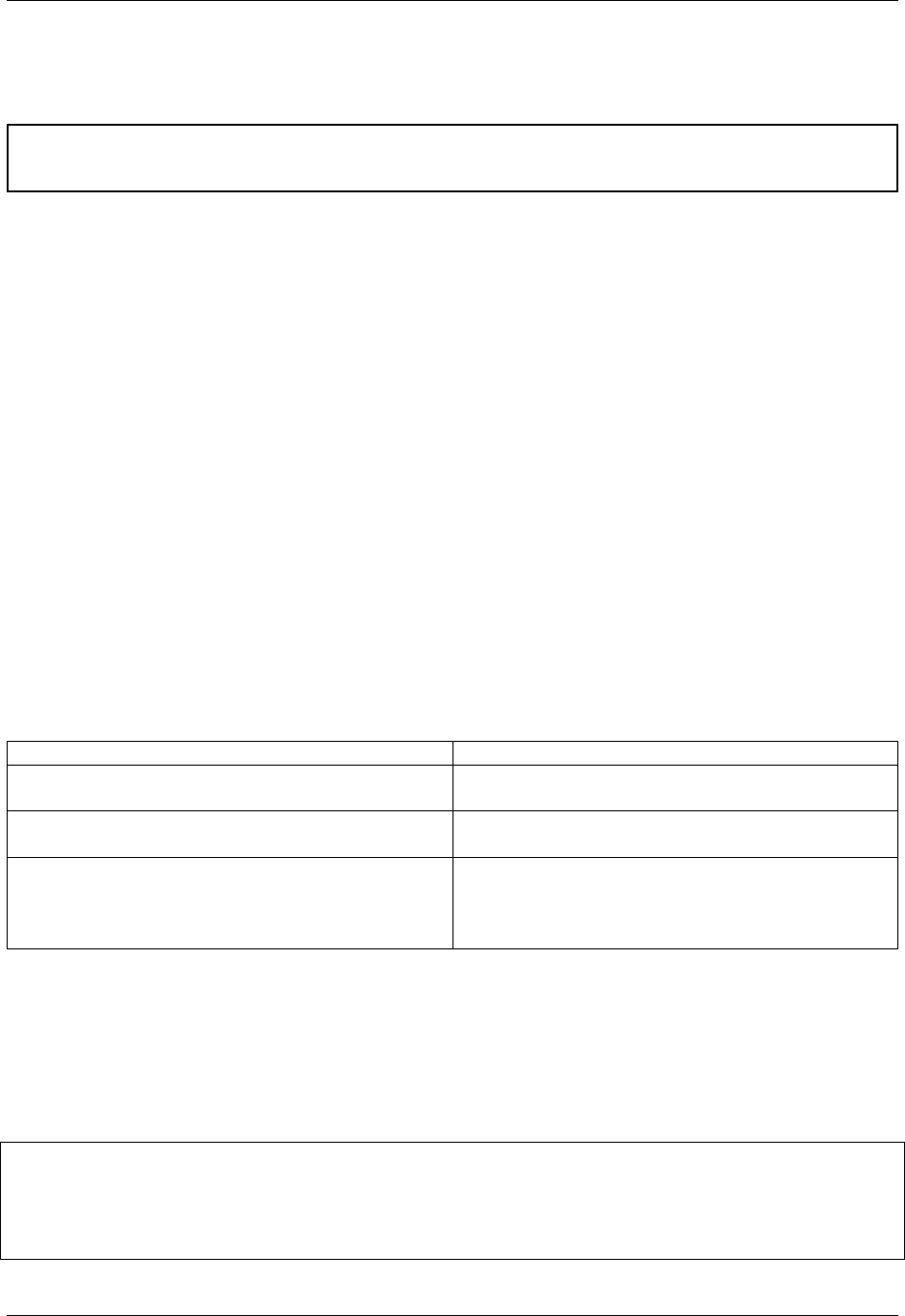
GeoServer User Manual, Release 2.15.1
format: The default output format is image/png. Supported values are image/jpeg (suitable for raster
backgrounds), image/png8 (8-bit colors, smaller files) and image/gif
Warning: In order to produce an actual animated image the format must support animation. At this
time the only one provide in GeoServer is image/gif;subtype=animated
width: Describes the width of the image. It defaults to 512 pixels, and can be calculated based on the
specified height and the aspect ratio of the bounding box.
height: Describes the height of the image. It can be calculated based on the specified width and the aspect
ratio of the bounding box.
bbox: Specifies the extent of the map frame. The default bounding box is determined by taking the union
of the bounds of the specified layers. (For example, if one layer shows Los Angeles and another shows New
York, the default map shows most of the United States. The bounding box also determines the aspect ratio
of the map. If only one of width or height is specified, the other is determined based on the aspect ratio
of the bounding box.
styles: The default value is the default styles configured in GeoServer for the layers specified in the layers
parameter. This can be overridden by providing a comma-separated list of style names (which must be
known to the server).
srs: If all layers share the same SRS, this is used as the default value. Otherwise, the default value is
EPSG:4326 (WGS84).
Animation Options
The Animator provides options to control looping and frame speed. These are specified using the
format_options WMS parameter. The available options are:
Option Description
gif_loop_continuously If true the animation will loop continuously. The
default is false.
gif_frames_delay Specifies the frame delay in milliseconds. The de-
fault is 1000 ms.
gif_disposal Specifies what to do with the previous GIF frame
once a new frame is displayed. Valid values are
none,doNotDispose,backgroundColor and
previous. The default is none.
Example 1
Requests the layer topp:states, using the default style (demographic), width (512 pixels) and height
(adjusted to aspect ratio). The aparam=bbox parameter specifies that the output animation has two frames,
one using a whole-world extent and the other with the extent of the USA. This gives the effect of zooming
in:
http://localhost:8080/geoserver/wms/animate
?layers=topp:states
&format=image/gif;subtype=animated
&aparam=bbox
&avalues=-180\,-90\,180\,90,-125\,25\,-67\,50
17.7. WMS Animator 1999
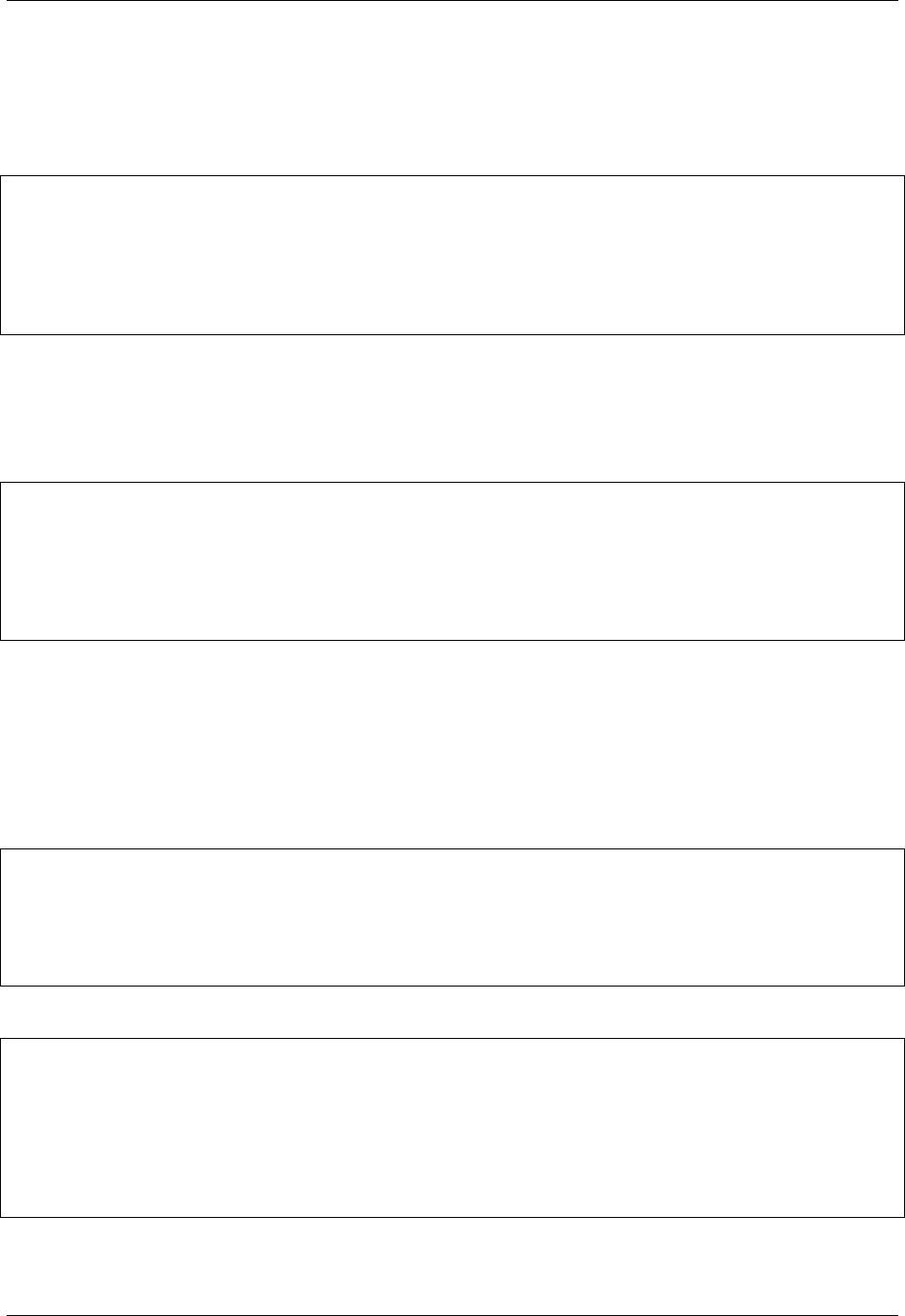
GeoServer User Manual, Release 2.15.1
Example 2
Requests the layers topp:states and sf:restricted, using format_options=gif_loop_continuosly:true
to request an infinite loop animation. The output map uses the default styles, the specified width (640
pixels), and the height automatically adjusted to the aspect ratio:
http://localhost:8080/geoserver/wms/animate
?layers=topp:states,sf:restricted
&format=image/gif;subtype=animated
&aparam=bbox
&avalues=-180\,-90\,180\,90,-125\,25\,-67\,50
&format_options=gif_loop_continuosly:true
&width=640
Example 3
The following request uses the format_options of gif_loop_continuosly:true and
gif_frames_delay:10 to rotate the map image fast and continuously:
http://localhost:8080/geoserver/wms/animate
?layers=topp:states,sf:restricted
&format=image/gif;subtype=animated
&aparam=angle
&avalues=0,45,90,135,180,225,270,365
&format_options=gif_loop_continuosly:true;gif_frames_delay:10
&width=640
17.7.3 Displaying frame parameters as decorations
It is possible to decorate each frame image with the avalue parameter value that generated it using the
WMS Decorations text decoration. The current animation parameter value can be accessed via the avalue
environment variable. (This environment variable can also be used in Variable substitution in SLD.)
Here is an example that uses a decoration showing the frame parameter value:
http://localhost:8080/geoserver/wms/animate
?layers=topp%3Aworld
&aparam=time
&avalues=2004-01-01T00:00:00.000Z,2004-02-01T00:00:00.000Z
&format=image/gif;subtype=animated
&format_options=layout:message
It uses the following decoration layout, located in layouts/message.xml:
<layout>
<decoration type="text" affinity="bottom,right" offset="6,6">
<option name="message" value="${avalue}"/>
<option name="font-size" value="12"/>
<option name="font-family" value="Arial"/>
<option name="halo-radius" value="2"/>
</decoration>
</layout>
2000 Chapter 17. Tutorials
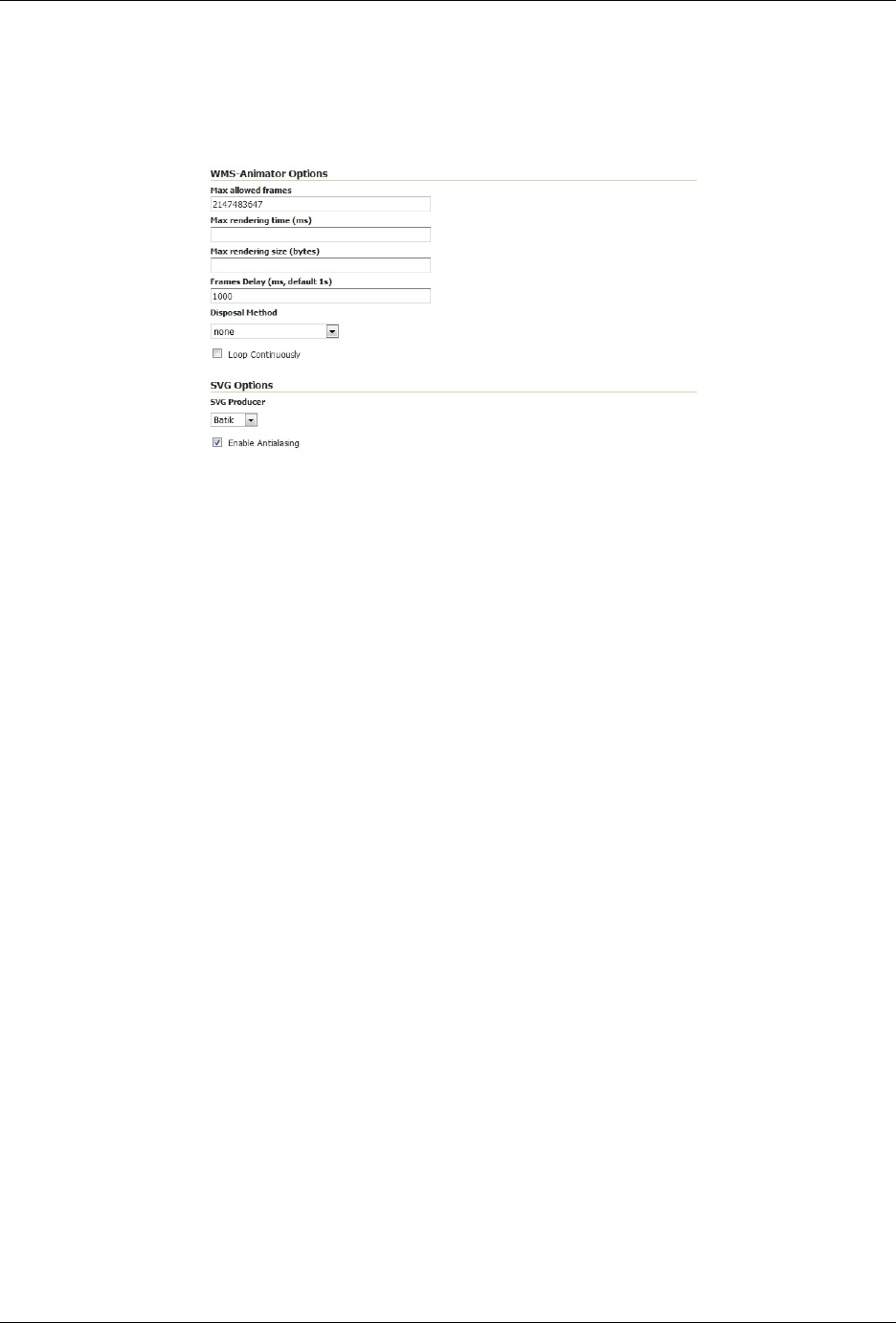
GeoServer User Manual, Release 2.15.1
17.7.4 Specifying WMS Animator default behaviour
The GeoServer Adinistrator GUI allows specifying some limits and default options for the WMS Animator.
The settings are made on the Services > WMS config screen as shown below:
Fig. 17.16: WMS Animator default settings
The first three options set server limits on the animation output. It is possible to set the maximum num-
ber of frames an animation can contain, the maximum rendering time to produce an animation and the
maximum size of the whole animation.
The default animation frame delay (expressed in ms) looping behaviour and disposal method can be set
as well. These values can be overridden by using the format_options parameter as described above.
17.8 CQL and ECQL
CQL (Common Query Language) is a query language created by the OGC for the Catalogue Web Services
specification. Unlike the XML-based Filter Encoding language, CQL is written using a familiar text-based
syntax. It is thus more readable and better-suited for manual authoring.
However, CQL has some limitations. For example it cannot encode id filters, and it requires an attribute to
be on the left side of any comparison operator. For this reason, GeoServer provides an extended version of
CQL called ECQL. ECQL removes the limitations of CQL, providing a more flexible language with stronger
similarities with SQL.
GeoServer supports the use of both CQL and ECQL in WMS and WFS requests, as well as in GeoServer’s
SLD dynamic symbolizers. Whenever the documentation refers to CQL, ECQL syntax can be used as well
(and if not, please report that as a bug!).
This tutorial introduces the CQL/ECQL language by example. For a full reference, refer to the ECQL
Reference.
17.8.1 Getting started
The following examples use the topp:states sample layer shipped with GeoServer. They demonstrate
how CQL filters work by using the WMS CQL_FILTER vendor parameter to alter the data displayed by WMS
requests. The easiest way to follow the tutorial is to open the GeoServer Map Preview for the topp:states
layer. Click on the Options button at the top of the map preview to open the advanced options toolbar. The
example filters can be entered in the Filter: CQL box.
17.8. CQL and ECQL 2001
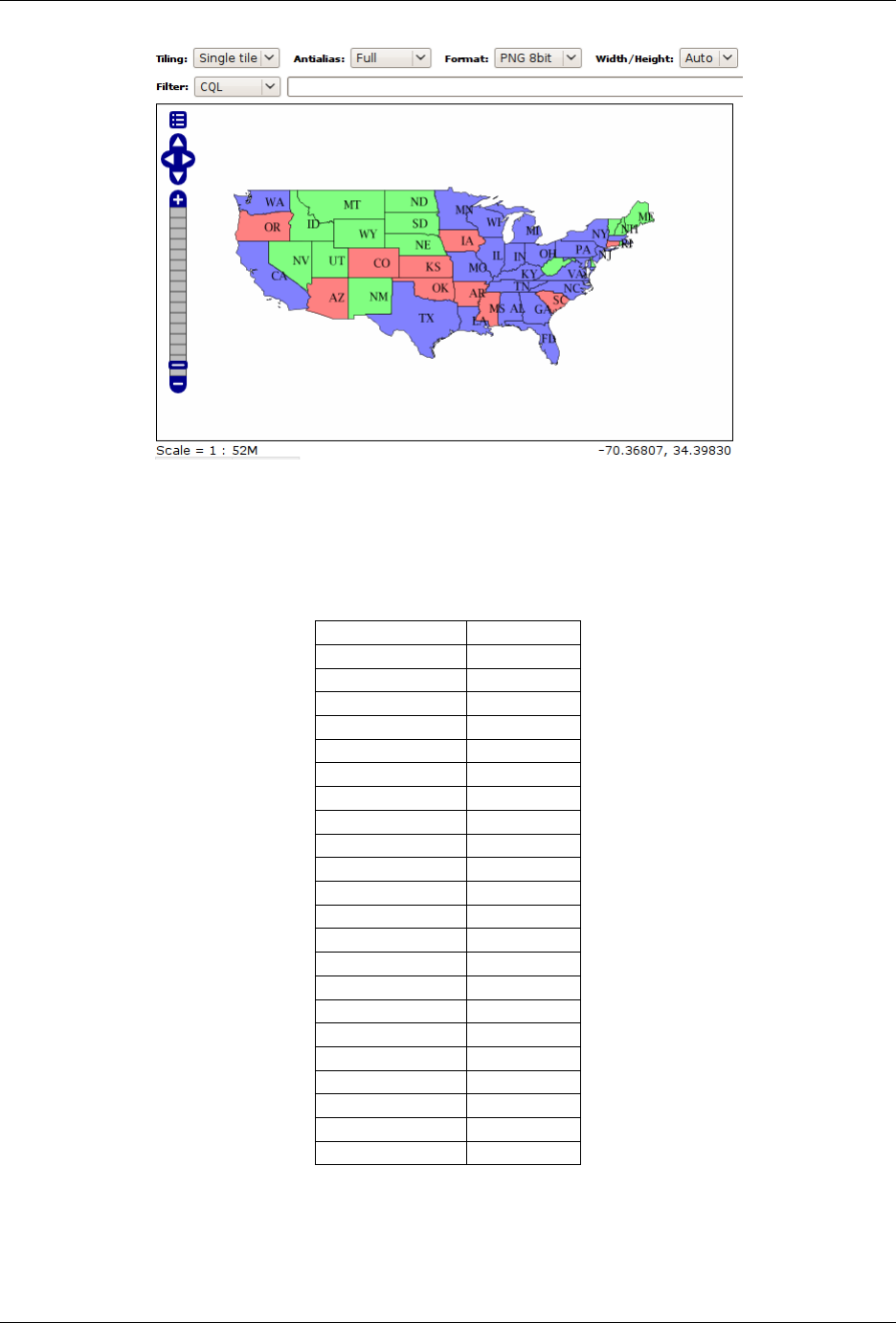
GeoServer User Manual, Release 2.15.1
Fig. 17.17: topp:states preview with advanced toolbar open.
The attributes used in the filter examples are those included in the layer. For example, the following are the
attribute names and values for the Colorado feature:
Attribute states.6
STATE_NAME Colorado
STATE_FIPS 08
SUB_REGION Mtn
STATE_ABBR CO
LAND_KM 268659.501
WATER_KM 960.364
PERSONS 3294394.0
FAMILIES 854214.0
HOUSHOLD 1282489.0
MALE 1631295.0
FEMALE 1663099.0
WORKERS 1233023.0
DRVALONE 1216639.0
CARPOOL 210274.0
PUBTRANS 46983.0
EMPLOYED 1633281.0
UNEMPLOY 99438.0
SERVICE 421079.0
MANUAL 181760.0
P_MALE 0.495
P_FEMALE 0.505
SAMP_POP 512677.0
2002 Chapter 17. Tutorials
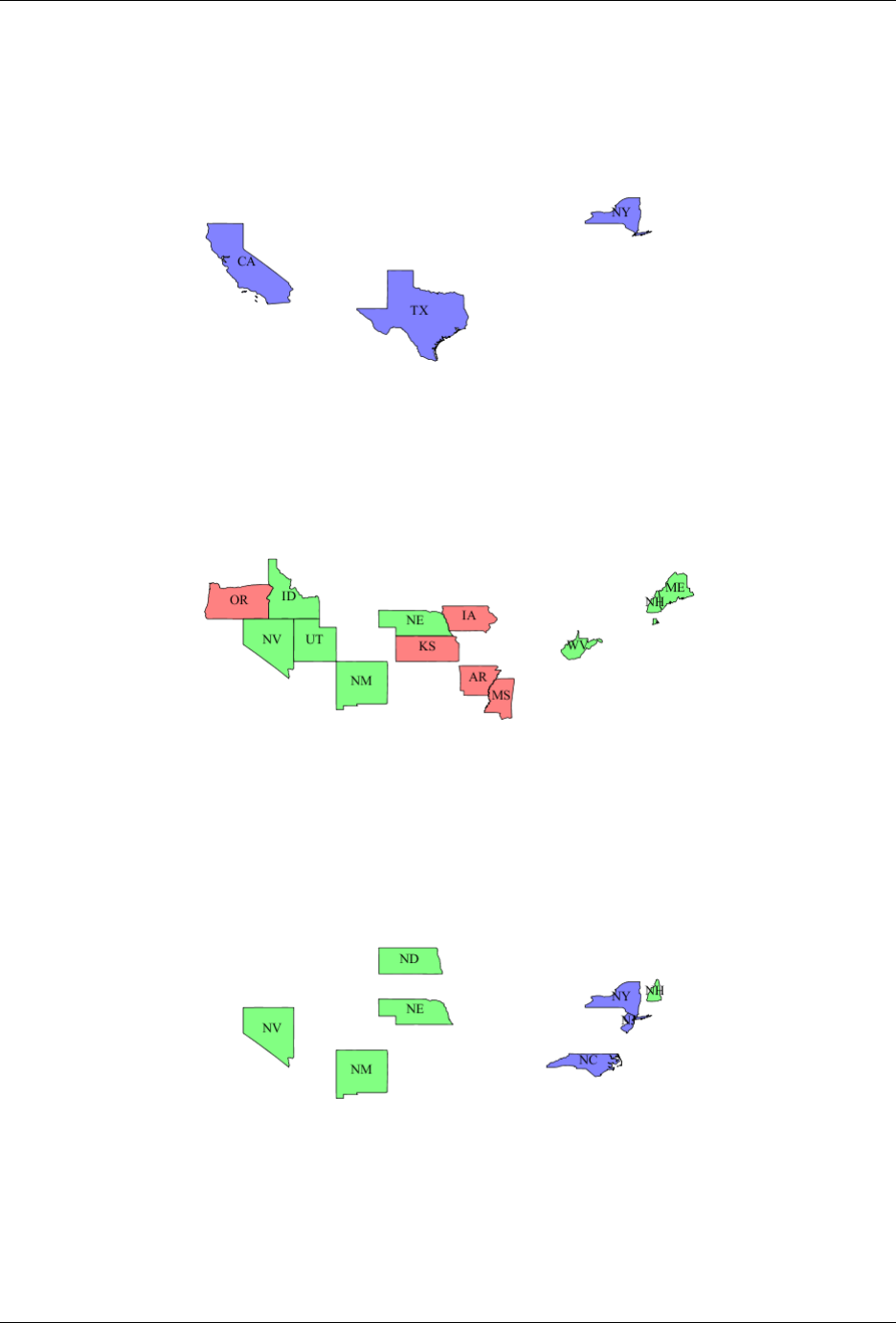
GeoServer User Manual, Release 2.15.1
17.8.2 Simple comparisons
Let’s get started with a simple example. In CQL arithmetic and comparisons are expressed using plain text.
The filter PERSONS > 15000000 will select states that have more than 15 million inhabitants:
Fig. 17.18: PERSONS > 15000000
The full list of comparison operators is: =,<>,>,>=,<,<=.
To select a range of values the BETWEEN operator can be used: PERSONS BETWEEN 1000000 AND
3000000:
Fig. 17.19: PERSONS BETWEEN 1000000 AND 3000000
Comparison operators also support text values. For instance, to select only the state of California, the filter
is STATE_NAME = 'California'. More general text comparisons can be made using the LIKE operator.
STATE_NAME LIKE 'N%' will extract all states starting with an “N”:
Fig. 17.20: STATE_NAME LIKE ‘N%’
It is also possible to compare two attributes with each other. MALE > FEMALE selects the states in which
the male population surpasses the female one (a rare occurrence):
17.8. CQL and ECQL 2003
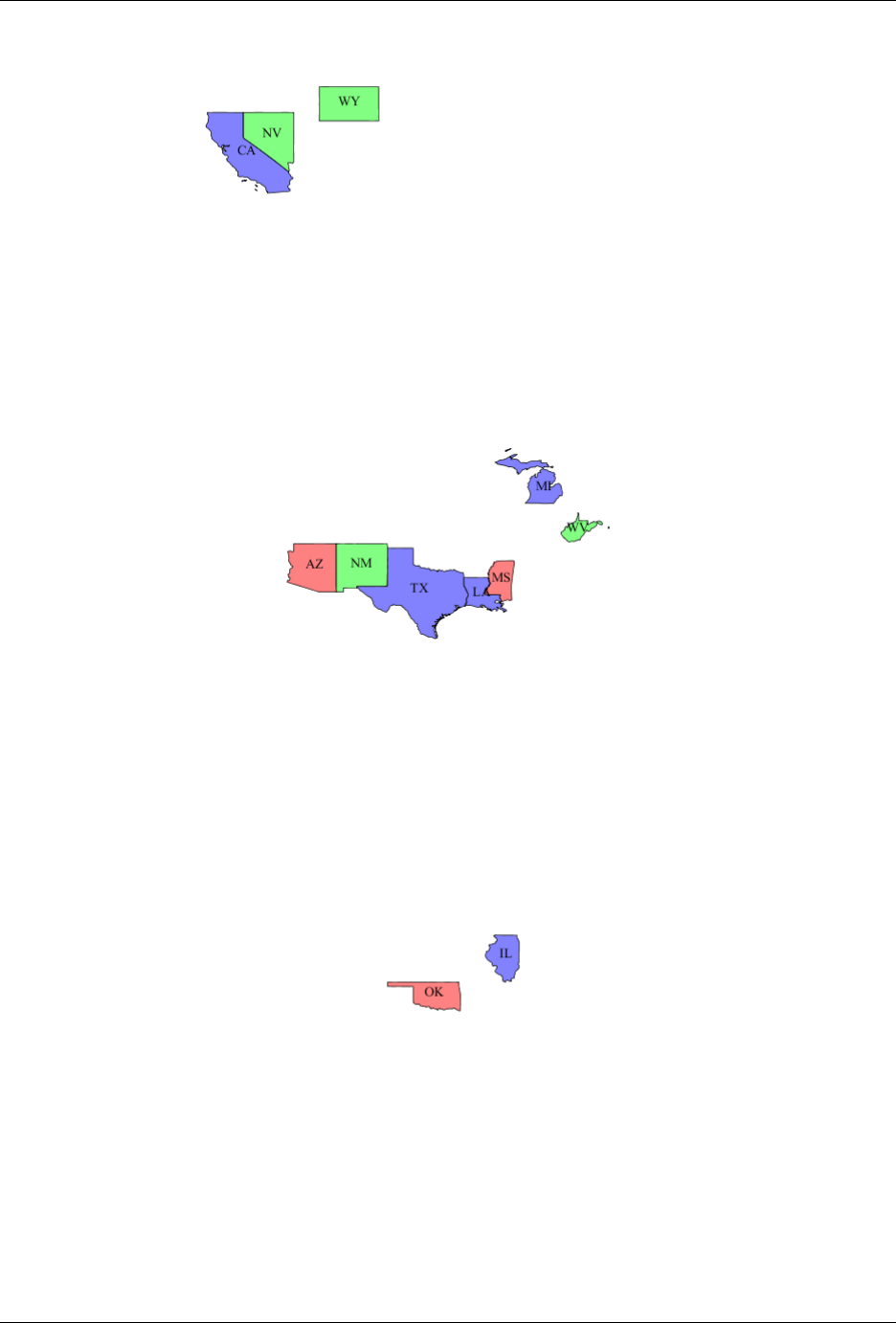
GeoServer User Manual, Release 2.15.1
Fig. 17.21: MALE > FEMALE
Arithmetic expressions can be computed using the +, -, *, / operators. The filter UNEMPLOY /
(EMPLOYED + UNEMPLOY) > 0.07 selects all states whose unemployment ratio is above 7% (remem-
ber the sample data is very old, so don’t draw any conclusion from the results!)
Fig. 17.22: UNEMPLOY / (EMPLOYED + UNEMPLOY) > 0.07
17.8.3 Id and list comparisons
If we want to extract only the states with specific feature ids we can use the IN operator without specifying
any attribute, as in IN ('states.1', 'states.12'):
Fig. 17.23: IN (‘states.1’, ‘states.12’)
If instead we want to extract the states whose name is in a given list we can use the IN operator specifying
an attribute name, as in STATE_NAME IN ('New York', 'California', 'Montana', 'Texas'):
2004 Chapter 17. Tutorials

GeoServer User Manual, Release 2.15.1
Fig. 17.24: STATE_NAME IN (‘New York’, ‘California’, ‘Montana’, ‘Texas’)
17.8.4 Filter functions
CQL/ECQL can use any of the filter functions available in GeoServer. This greatly increases the power of
CQL expressions.
For example, suppose we want to find all states whose name contains an “m”, regardless of letter case.
We can use the strToLowerCase to turn all the state names to lowercase and then use a like comparison:
strToLowerCase(STATE_NAME) like '%m%':
Fig. 17.25: strToLowerCase(STATE_NAME) like ‘%m%’
17.8.5 Geometric filters
CQL provides a full set of geometric filter capabilities. Say, for example, you want to display only the states
that intersect the (-90,40,-60,45) bounding box. The filter will be BBOX(the_geom, -90, 40, -60, 45)
Fig. 17.26: BBOX(the_geom, -90, 40, -60, 45)
17.8. CQL and ECQL 2005
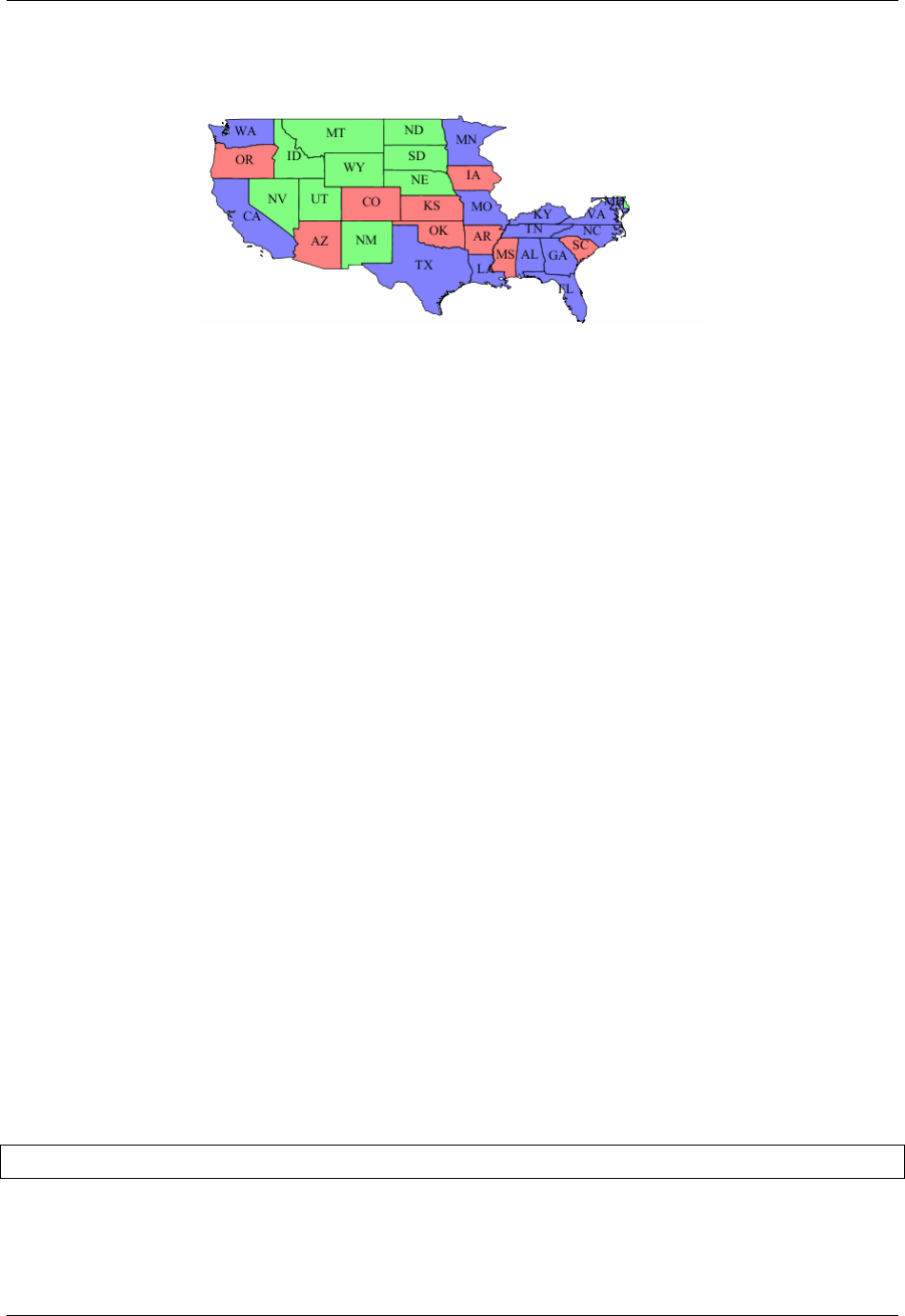
GeoServer User Manual, Release 2.15.1
Conversely, you can select the states that do not intersect the bounding box with the filter:
DISJOINT(the_geom, POLYGON((-90 40, -90 45, -60 45, -60 40, -90 40))):
Fig. 17.27: DISJOINT(the_geom, POLYGON((-90 40, -90 45, -60 45, -60 40, -90 40)))
The full list of geometric predicates is: EQUALS,DISJOINT,INTERSECTS,TOUCHES,CROSSES,WITHIN,
CONTAINS,OVERLAPS,RELATE,DWITHIN,BEYOND.
17.9 Using the ImageMosaic plugin for raster time-series data
17.9.1 Introduction
This step-by-step tutorial describes how to build a time-series coverage using the ImageMosaic plugin. The
ImageMosaic plugin allows the creation of a time-series layer of a raster dataset. The single images are held
in a queryable structure to allow access to a specific dataset with a temporal filter.
This tutorial assumes knowledge of the concepts explained in ImageMosaic section.
This tutorial contains four sections:
• The first section, Configuration, describes the configuration files needed to set up an ImageMosaic
store from GeoServer.
• The second section, Configuration examples, providing examples of the configuration files needed.
• The last two sections, Coverage based on filestore and Coverage based on database describe, once
the previous configurations steps are done, how to create and configure an ImageMosaic store using
the GeoServer GUI.
The dataset used in the tutorial can be downloaded Here. It contains 3 image files and a .sld file represent-
ing a style needed for correctly render the images.
17.9.2 Configuration
To support time-series layers, GeoServer needs to be run in a web container that has the timezone properly
configured. To set the time zone to be Coordinated Universal Time (UTC), add this switch when launching
the java process:
-Duser.timezone=GMT
If using a shapefile as the mosaic index store (see next section), another java process option is needed to
enable support for timestamps in shapefile stores:
2006 Chapter 17. Tutorials
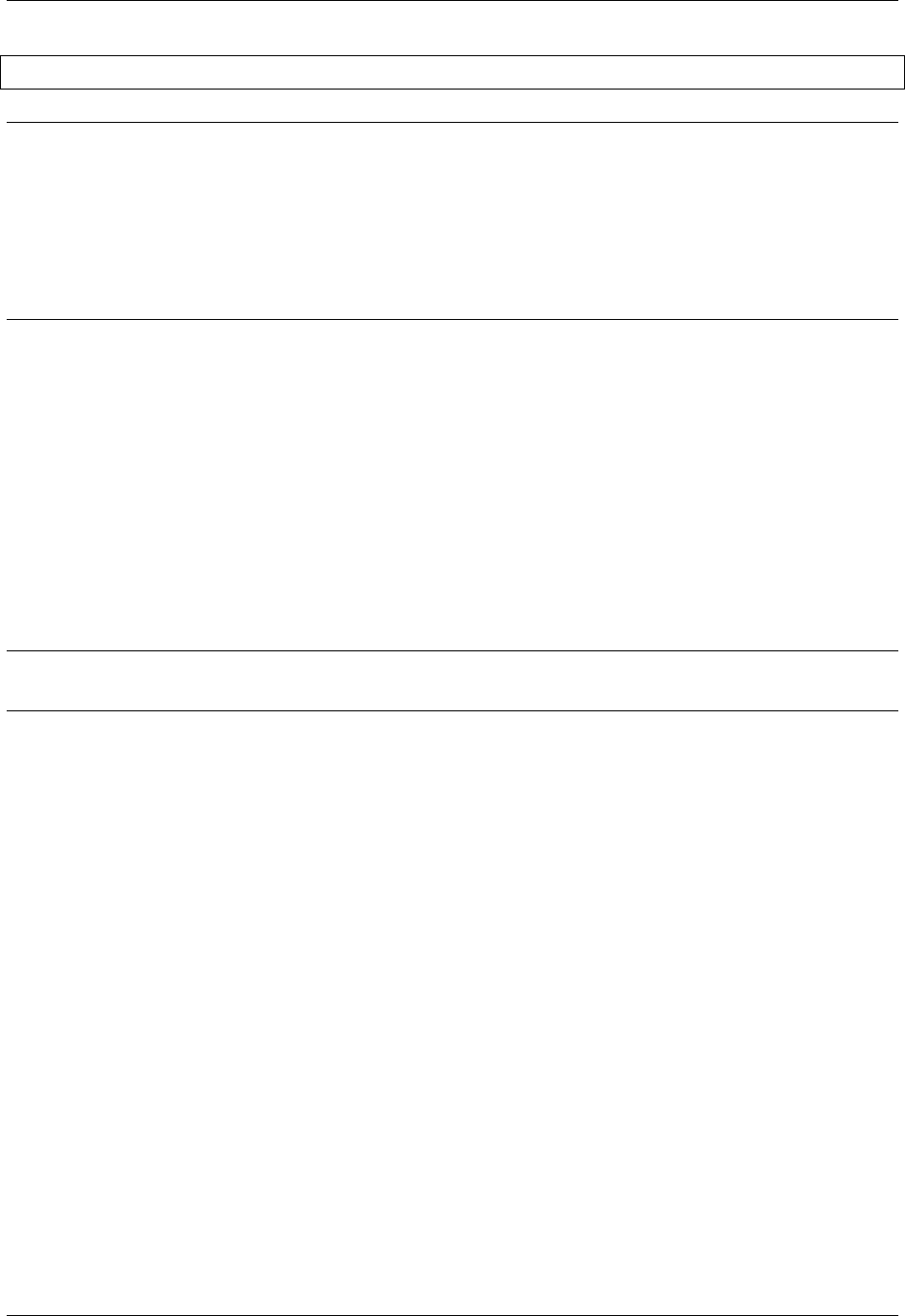
GeoServer User Manual, Release 2.15.1
-Dorg.geotools.shapefile.datetime=true
Note: Support for timestamp is not part of the DBF standard (used in shapefile for attributes). The DBF
standard only supports Date, and only few applications understand it. As long as shapefiles are only used
for GeoServer input that is not a problem, but the above setting will cause issues if you have WFS enabled
and users also download shapefiles as GetFeature output: if the feature type extracted has timestamps,
then the generated shapefile will have as well, making it difficult to use the generated shapefile in desktop
applications. As a rule of thumb, if you also need WFS support it is advisable to use an external store
(PostGIS, Oracle) instead of shapefile. Of course, if all that’s needed is a date, using shapefile as an index
without the above property is fine as well.
In order to load a new CoverageStore from the GeoServer GUI two steps are needed:
1. Create a new directory in which you store all the raster files (the mosaic granules) and three configu-
ration files. This directory represents the MOSAIC_DIR.
2. Install and setup a DBMS instance, this DB is that one where the mosaic indexes will be stored.
MOSAIC_DIR and the Configuration Files
The user can name and place the MOSAIC_DIR as and where they want.
The MOSAIC_DIR contains all mosaic granules files and the 3 needed configuration files. The files are in
.properties format.
Note: Every tif file must follow the same naming convention. In this tutorial will be used {coverage-
name}_{timestamp}.tif
In a properties file you specify your properties in a key-value manner: e.g. myproperty=myvalue
The configuration files needed are:
1. datastore.properties: contains all relevant information responsible for connecting to the database in
which the spatial indexes of the mosaic will be stored
2. indexer.properties: specifies the name of the time-variant attribute, the elevation attribute and the
type of the attributes
3. timeregex.properties: specifies the regular expression used to extract the time information from the
filename.
All the configuration files must be placed in the root of the MOSAIC_DIR. The granule images could be
placed also in MOSAIC_DIR subfolders.
Please note that datastore.properties isn’t mandatory. The plugin provides two possibilities to access to
time series data:
•Using a shapefile in order to store the granules indexes. That’s the default behavior without provid-
ing the datastore.properties file.
•Using a DBMS, which maps the timestamp to the corresponding raster source. The former uses the
time attribute for access to the granule from the mapping table.
For production installation is strong recommended the usage of a DBMS instead of shapefile in order to
improve performances.
17.9. Using the ImageMosaic plugin for raster time-series data 2007
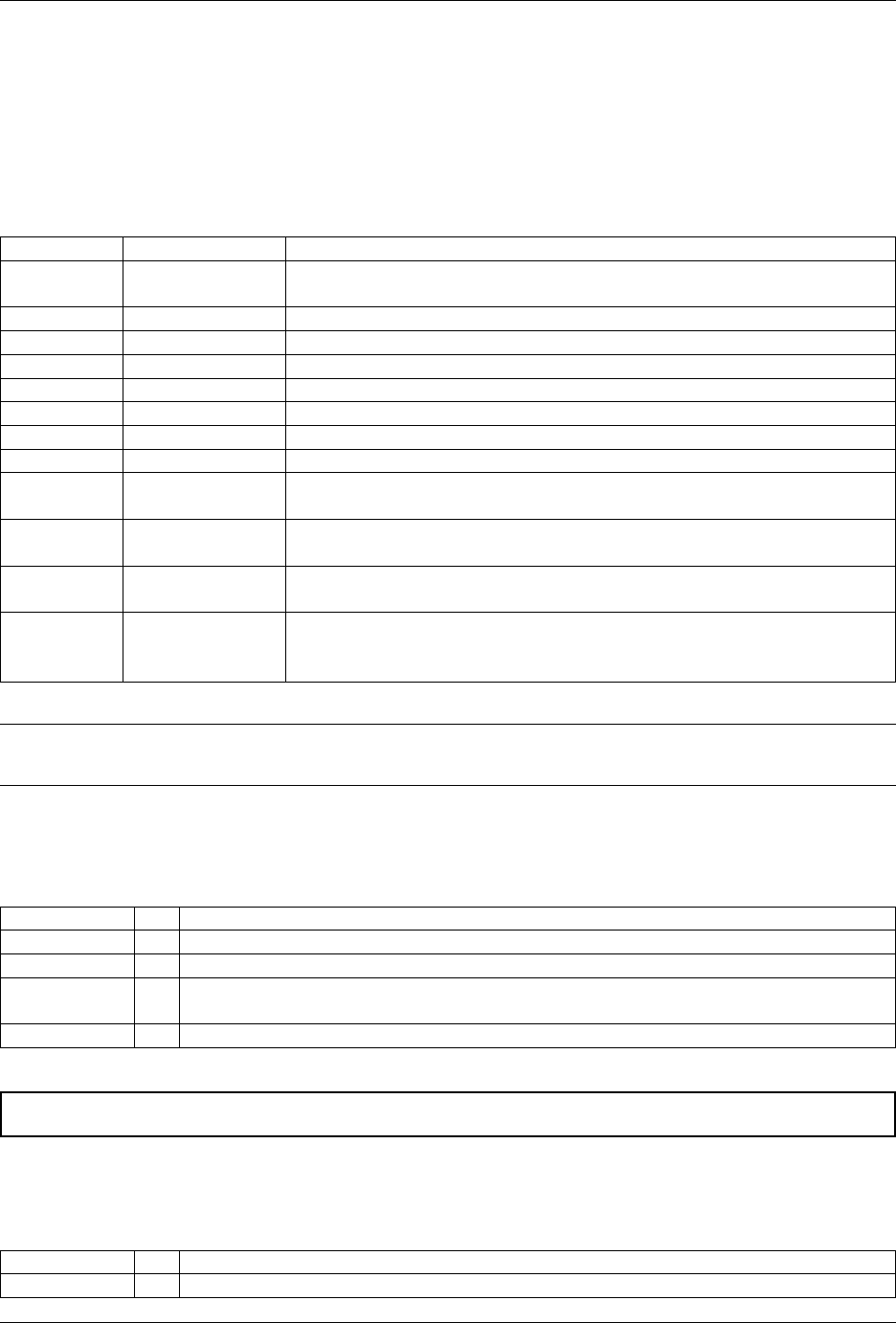
GeoServer User Manual, Release 2.15.1
Otherwise the usage of a shapefile could be useful in development and test environments due to less con-
figurations are needed.
datastore.properties
Here is shown an example of datastore.properties suitable for Postgis.
Parameter Mandatory Description
SPI YThe factory class used for the datastore e.g.
org.geotools.data.postgis.PostgisNGDataStoreFactory
host YThe host name of the database.
port YThe port of the database
database YThe name/instance of the database.
schema YThe name of the database schema.
user YThe database user.
passwd YThe database password.
Loose bbox Ndefault ‘false’ Boolean value to specify if loosing the bounding box.
Estimated
extend
Ndefault ‘true’ Boolean values to specify if the extent of the data should be estimated.
validate con-
nections
Ndefault ‘true’ Boolean value to specify if the connection should be validated.
Connection
timeout
Ndefault ‘20’ Specifies the timeout in minutes.
preparedStatementsNdefault ‘false’ Boolean flag that specifies if for the database queries prepared state-
ments should be used. This improves performance, because the
database query parser has to parse the query only once
Note: The first 8 parameters are valid for each DBMS used, the last 4 may vary from different DBMS. for
more information see GeoTools JDBC documentation
indexer.properties
Parameter MandatoryDescription
TimeAttribute N Specifies the name of the time-variant attribute
ElevationAttributeN Specifies the name of the elevation attribute.
Schema Y A comma separated sequence that describes the mapping between attribute and
the data type.
PropertyCollectorsY Specifies the extractor classes.
Warning: TimeAttribute is not a mandatory param but for the purpose of this tutorial is needed.
timeregex.properties
Parameter MandatoryDescription
regex Y Specifies the pattern used for extracting the information from the file
2008 Chapter 17. Tutorials
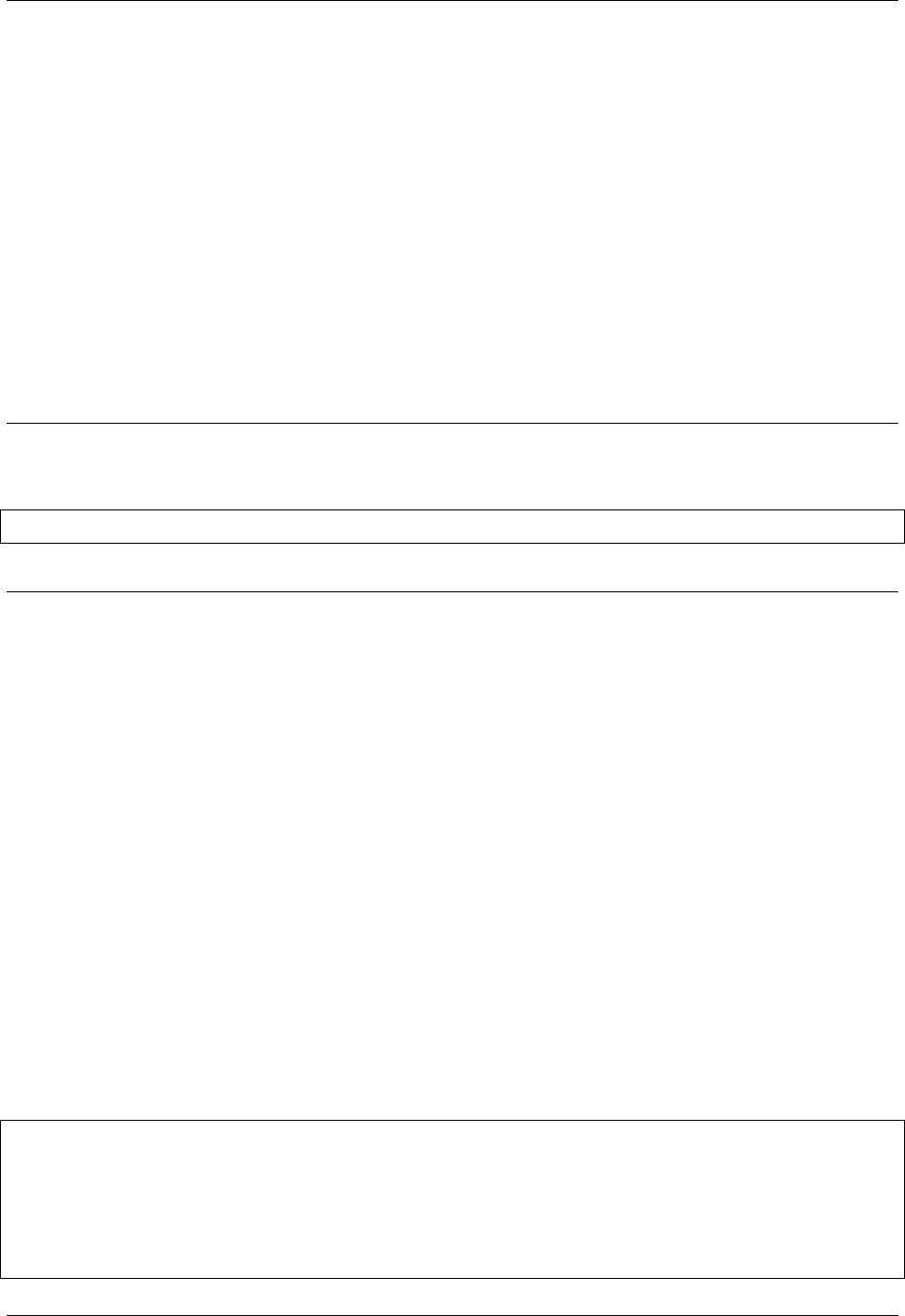
GeoServer User Manual, Release 2.15.1
After this you can create a new ImageMosaic datastore.
Install and setup a DBMS instance
First of all, note that the usage of a DBMS to store the mosaic indexes is not mandatory. If the user does
not create a datastore.properties file in the MOSAIC_DIR, then the plugin will use a shapefile. The shapefile
will be created in the MOSAIC_DIR.
Anyway, especially for large dataset, the usage of a DBMS is strongly recommended. The ImageMosaic
plugin supports all the most used DBMS.
The configuration needed are the basics: create a new empty DB with geospatial extensions, a new schema
and configure the user with W/R grants.
If the user wants to avoid to manually create the DB, it will be automatically generated by the ImageMosaic
plugin taking the information defined inside the datastore.properties file.
Note: In case of automatic DB creation with PostgreSQL the user must check the PostgreSQL and PostGIS
versions: if the first is lower than 9.1 and the second is lower than 2.0, the user have to add the following
string of code inside the datastore.properties file :
create\ database\ params=WITH\ TEMPLATE\=template_postgis
(Specifying the proper PostGIS template. . . in this example: template_postgis).
This tutorial shows use of PostgreSQL 9.1 together with PostGIS 2.0.
17.9.3 Configuration examples
As example is used a set of data that represents hydrological data in a certain area in South Tyrol, a region
in northern Italy. The origin data was converted from asc format to TIFF using the GDAL gdal translate
utility.
For this running example we will create a layer named snow.
As mentioned before the files could located in any part of the file system.
In this tutorial the chosen MOSAIC_DIR directory is called hydroalp and is placed under the root of the
GEOSERVER_DATA_DIR.
Configure the MOSAIC_DIR:
This part showsn an entire MOSAIC_DIR configuration.
datastore.properties:
SPI=org.geotools.data.postgis.PostgisNGDataStoreFactory
host=localhost
port=5432
database=db
schema=public
user=dbuser
passwd=dbpasswd
17.9. Using the ImageMosaic plugin for raster time-series data 2009
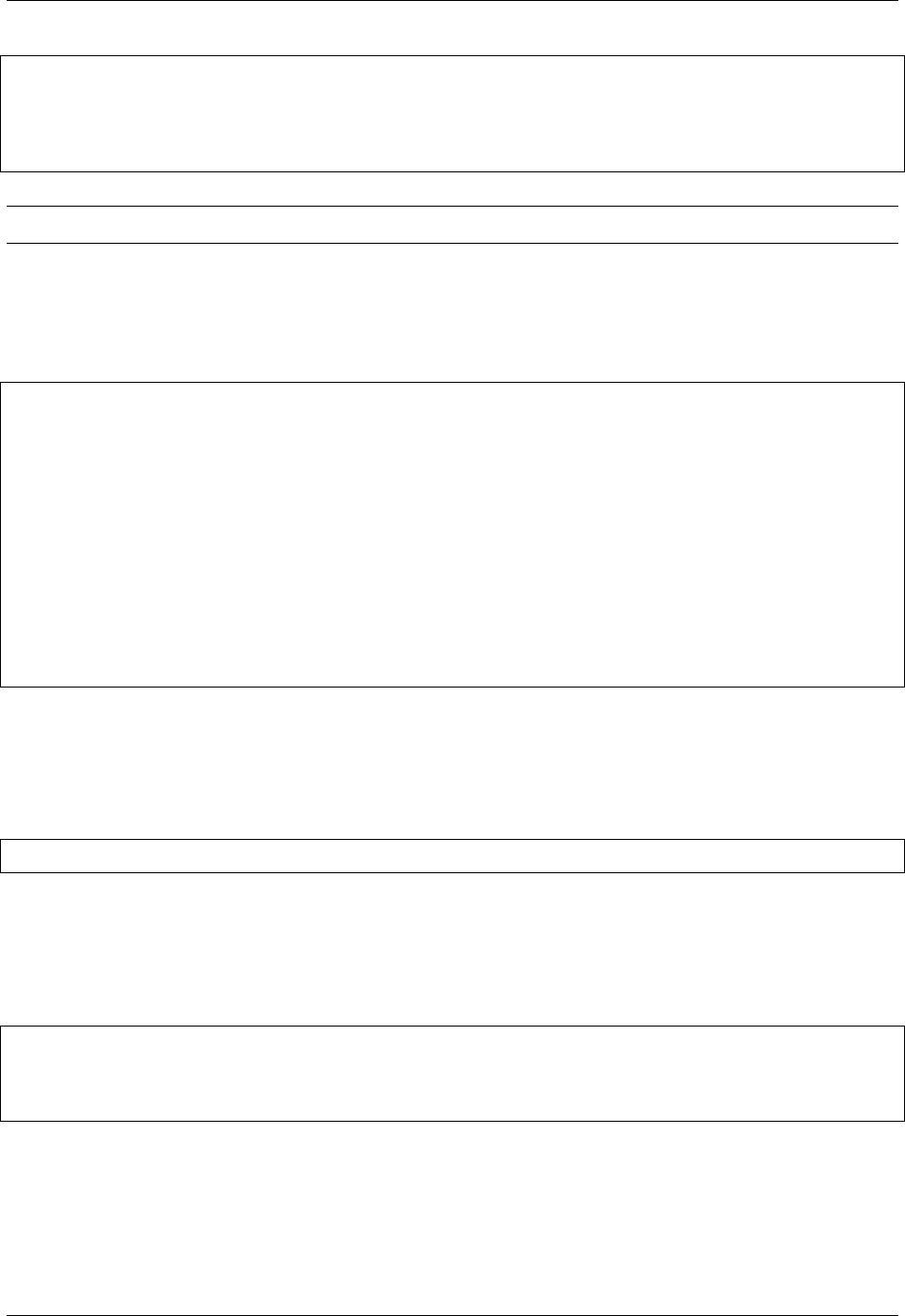
GeoServer User Manual, Release 2.15.1
Loose\ bbox=true
Estimated\ extends=false
validate\ connections=true
Connection\ timeout=10
preparedStatements=true
Note: In case of a missing datastore.properties file a shape file is created to hold the indexes.
Granules Naming Convention
Here an example of the granules naming that satisfies the rule shown before:
$ls hydroalp/snow/*.tif
snow/snow_20091001.tif
snow/snow_20091101.tif
snow/snow_20091201.tif
snow/snow_20100101.tif
snow/snow_20100201.tif
snow/snow_20100301.tif
snow/snow_20100401.tif
snow/snow_20100501.tif
snow/snow_20100601.tif
snow/snow_20100701.tif
snow/snow_20100801.tif
snow/snow_20100901.tif
timeregex.properties:
In the timeregex property file you specify the pattern describing the date(time) part of the file names. In
this example it consists simply of 8 digits as specified below.
regex=[0-9]{8}
indexer.properties:
Here the user can specify the information that GeoServer uses to create the index table in the database. In
this example, the time values are stored in the column ingestion.
TimeAttribute=ingestion
ElevationAttribute=elevation
Schema=*the_geom:Polygon,location:String,ingestion:java.util.Date,elevation:Integer
PropertyCollectors=TimestampFileNameExtractorSPI[timeregex](ingestion)
17.9.4 Create and Publish an ImageMosaic store:
Step 1: Create new ImageMosaic data store
We create a new data store of type raster data and choose ImageMosaic.
2010 Chapter 17. Tutorials
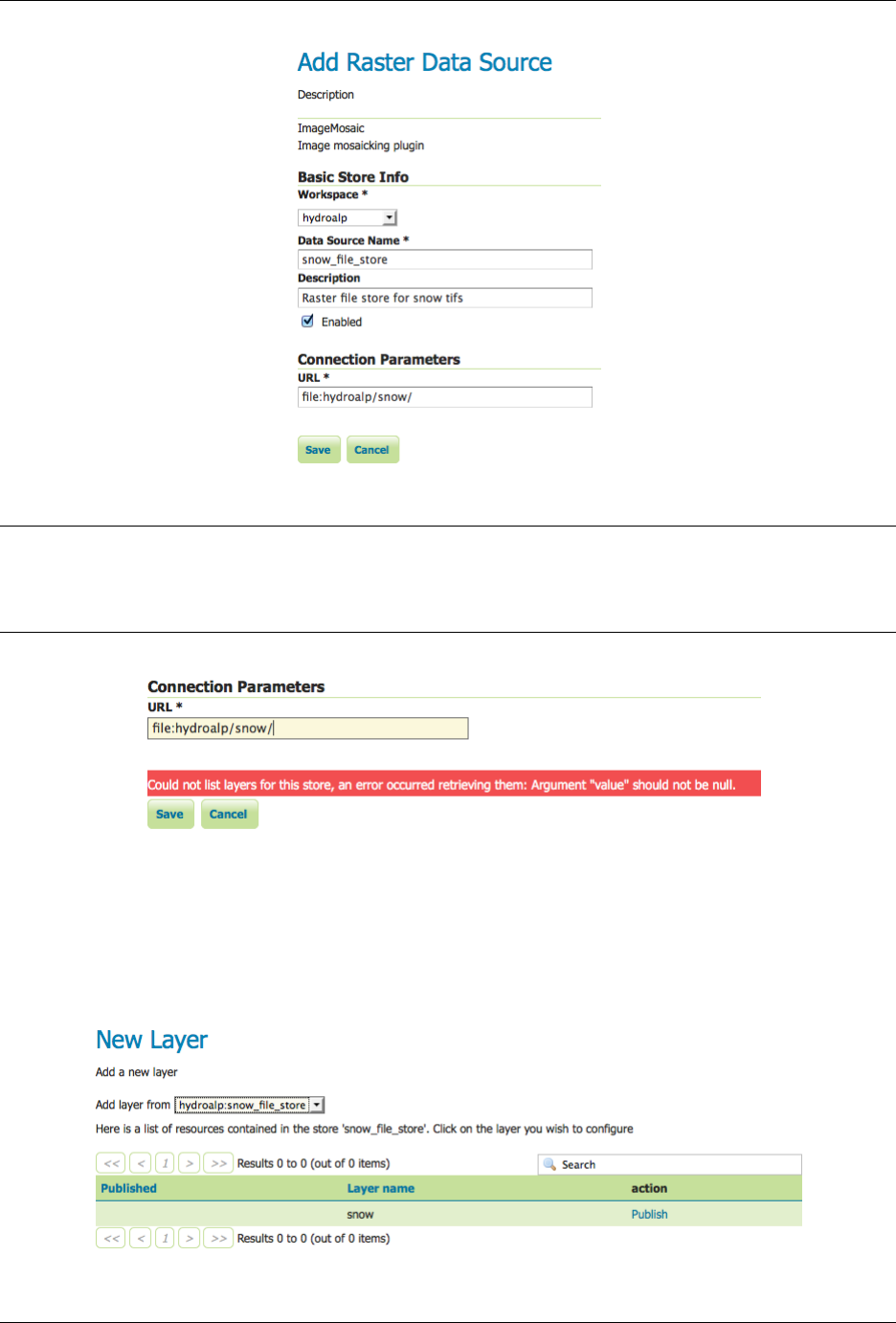
GeoServer User Manual, Release 2.15.1
Note: Be aware that GeoServer creates a table which is identical with the name of your layer. If the table
already exists, it will not be dropped from the DB and the following error message will appear. The same
message wwill appear if the generated property file already exists in the directory or there are incorrect
connection parameters in datastore.properties file.
Step 2: Specify layer
We specify the directory that contains the property and TIFF files (path must end with a slash) and add the
layer.
17.9. Using the ImageMosaic plugin for raster time-series data 2011
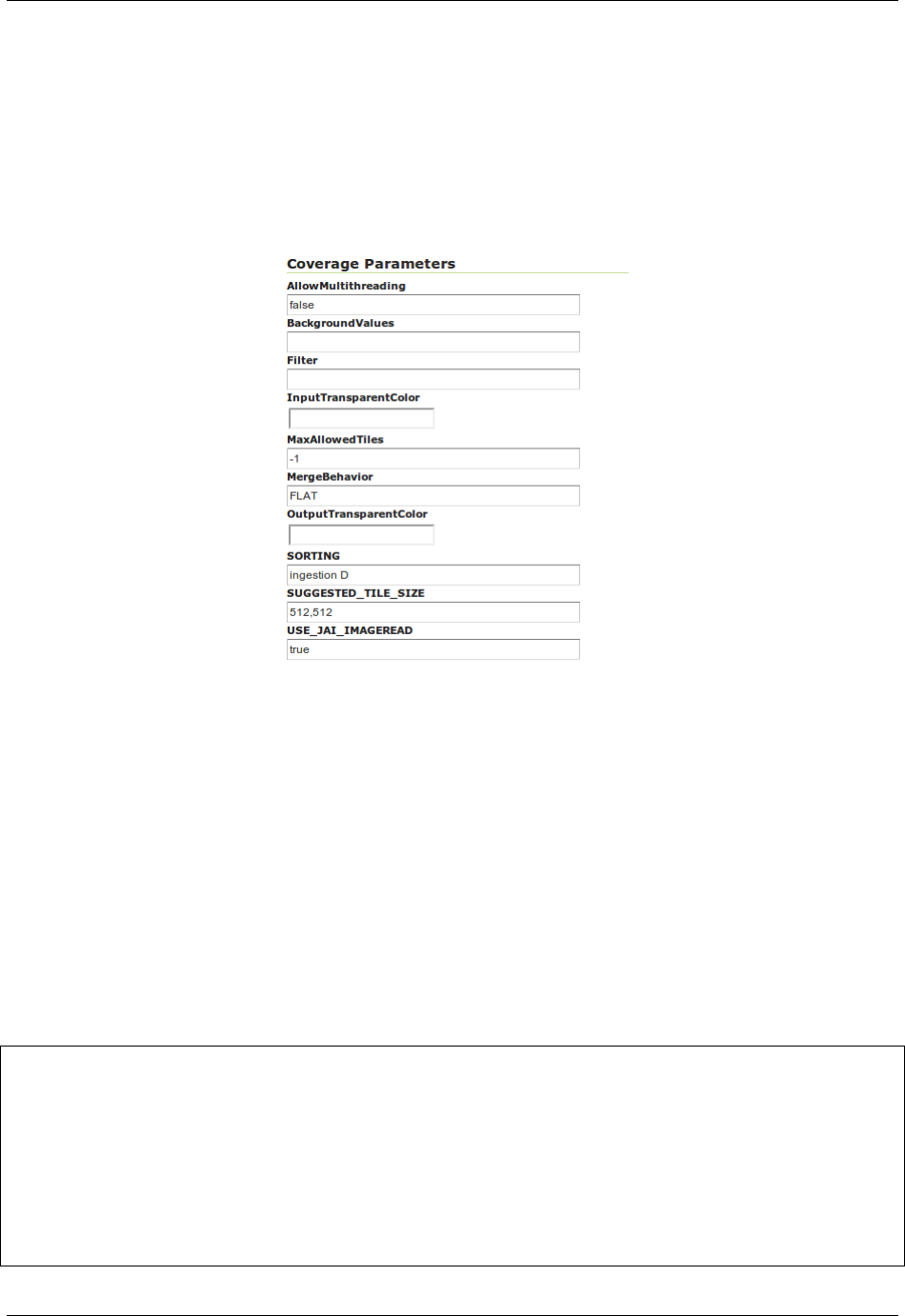
GeoServer User Manual, Release 2.15.1
Step 3: Set coverage parameters
The relevant parameters are AllowMultithreading and USE_JAI_IMAGEREAD. Do not forget to specify
the background value according to your the value in your tif file. If you want to control which granule
is displayed when a number of images match the time period specified then set the SORTING parameter
to the variable name you want to use for sorting followed by a space and either D or A for descending
or ascending. Descending values will mean that the latest image in a series that occurs in the time period
requested is shown.
Remember that for display correctly the images contained in the provided dataset a custom style is needed.
Set as default style the snow_style.sld contained in the dataset archive.
More information about raster styling can be found in chapter Rasters
Step 4: Set temporal properties
In the Dimensions tab you can specify how the time attributes are represented.
By enabling the Time or Elevation checkbox you can specify the how these dimensions will be presented.
In this example, queries are only over the time attribute.
Below is shown a snippet of the Capabilities document for each presentation case:
Setting the presentation to List, all mosaic times are listed:
<Dimension name="time" default="current" units="ISO8601">
2009-10-01T00:00:00.000Z,2009-11-01T00:00:00.000Z,2009-12-01T00:00:00.000Z,
,→2010-01-01T00:00:00.000Z,2010-02-01T00:00:00.000Z,2010-03-01T00:00:00.000Z,2010-04-
,→01T00:00:00.000Z,2010-05-01T00:00:00.000Z,2010-06-01T00:00:00.000Z,2010-07-
,→01T00:00:00.000Z,2010-08-01T00:00:00.000Z,2010-09-01T00:00:00.000Z,2010-10-
,→01T00:00:00.000Z,2010-11-01T00:00:00.000Z,2010-12-01T00:00:00.000Z,2011-01-
,→01T00:00:00.000Z,2011-02-01T00:00:00.000Z,2011-03-01T00:00:00.000Z,2011-04-
,→01T00:00:00.000Z,2011-05-01T00:00:00.000Z,2011-06-01T00:00:00.000Z,2011-07-
,→01T00:00:00.000Z,2011-08-01T00:00:00.000Z,2011-09-01T00:00:00.000Z
</Dimension>
2012 Chapter 17. Tutorials
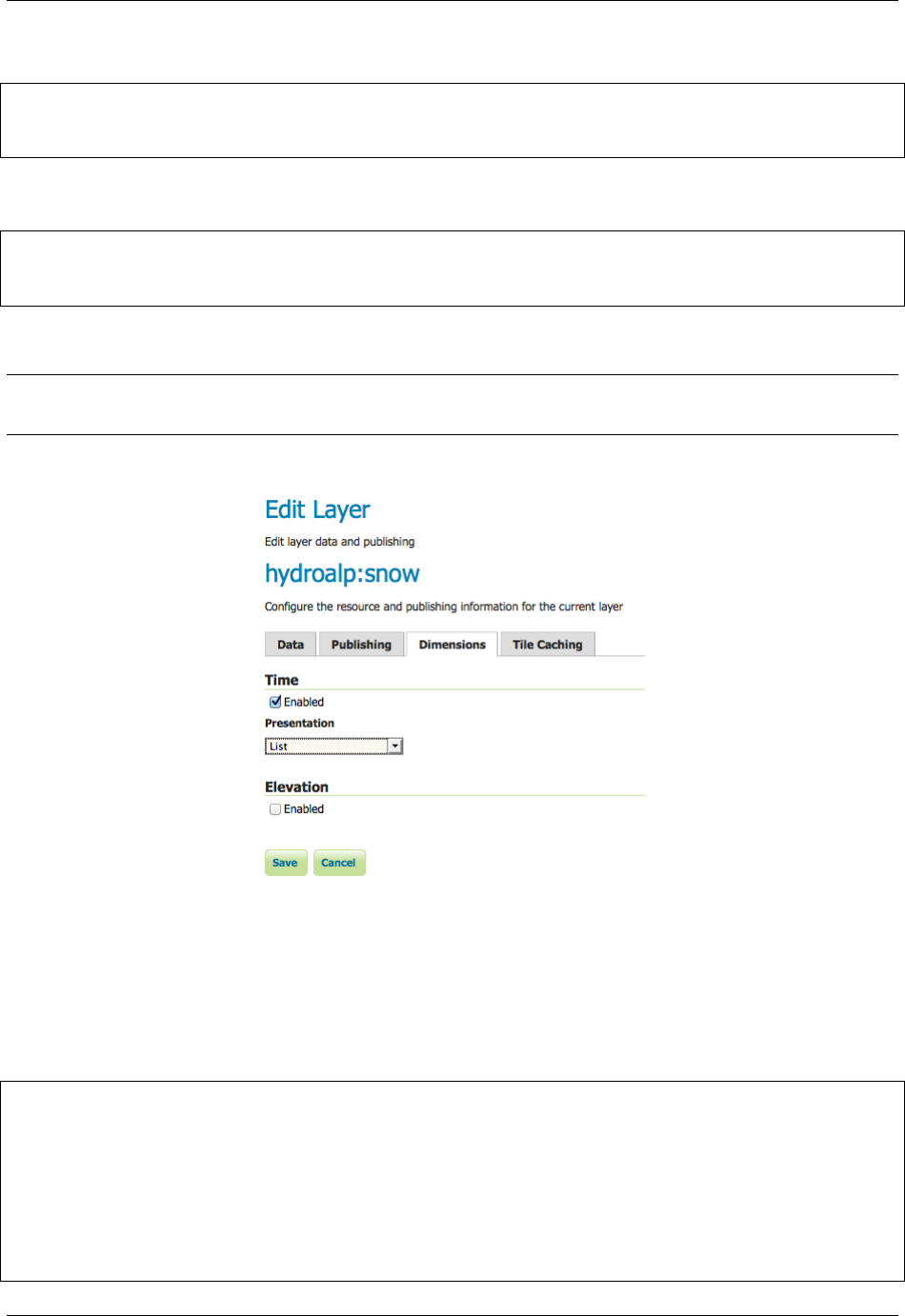
GeoServer User Manual, Release 2.15.1
Setting the presentation to Continuous interval only the start, end and interval extent times are listed:
<Dimension name="time" default="current" units="ISO8601">
2009-10-01T00:00:00.000Z/2011-09-01T00:00:00.000Z/P1Y11MT10H
</Dimension>
Setting the presentation to Interval and resolutions gives to user the possibility to specify the resolutions
of the interval:
<Dimension name="time" default="current" units="ISO8601">
2009-10-01T00:00:00.000Z/2011-09-01T00:00:00.000Z/P1DT12H
</Dimension>
In this case the resolution is set to 1.5 days.
Note: To visualize the GetCapabilities document, go to the GeoServer homepage, and click on the WMS
1.3.0 link under the tab labeled Service Capabilities.
For this tutorial the Presentation attribute is set to List
After this steps the new layer is available in GeoServer. GeoServer will create a property file in the source
directory. GeoServer will either create a shapefile for the mosaic indexes, or will create a table on the
database (named the same as the layer name) for the index.
Generated property file:
#-Automagically created from GeoTools-
#Sat Oct 13 10:47:08 CEST 2012
Levels=100.0,100.0
Heterogeneous=false
ElevationAttribute=elevation
TimeAttribute=ingestion
AbsolutePath=false
Name=snow
Caching=false
17.9. Using the ImageMosaic plugin for raster time-series data 2013
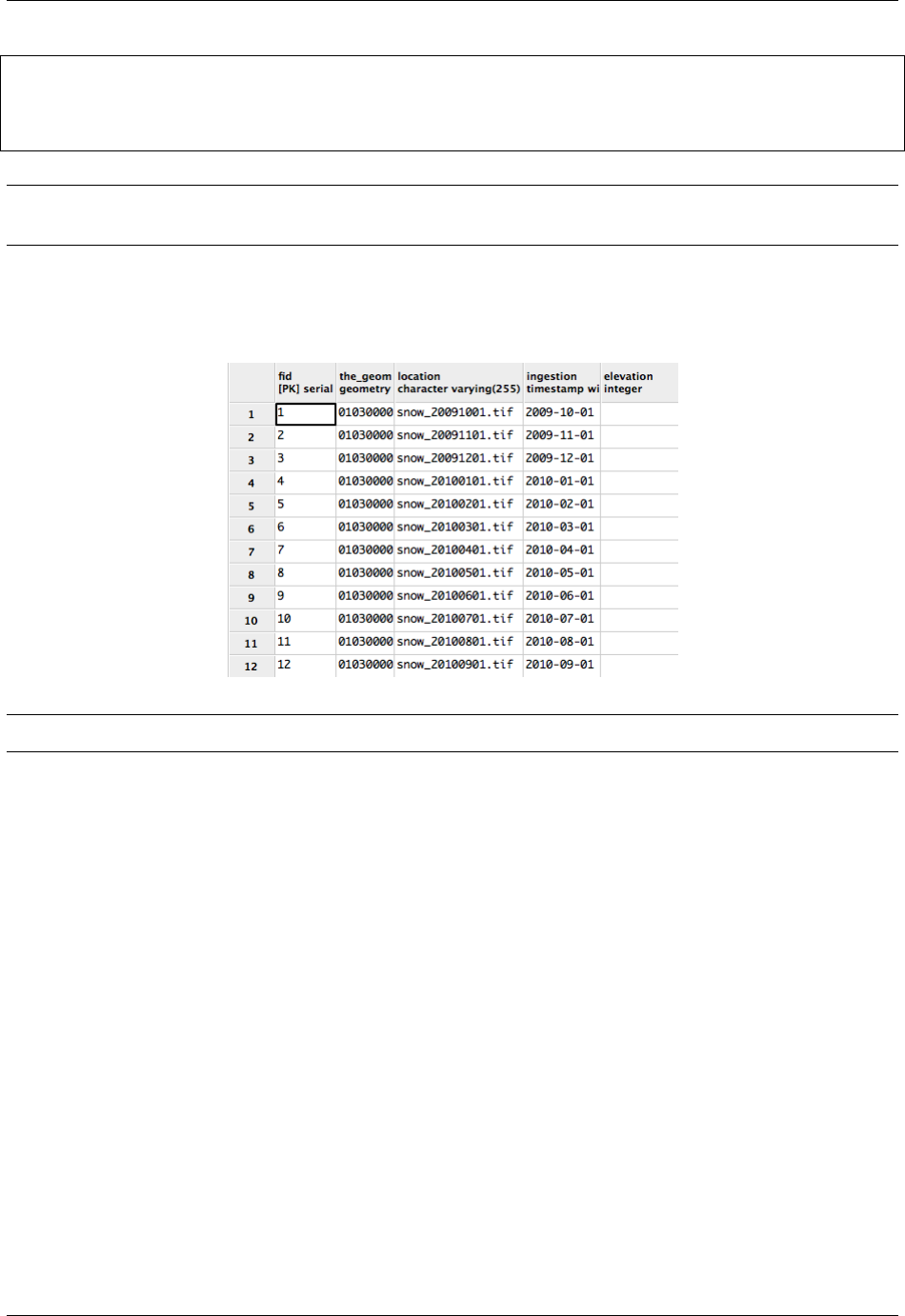
GeoServer User Manual, Release 2.15.1
ExpandToRGB=false
LocationAttribute=location
SuggestedSPI=it.geosolutions.imageioimpl.plugins.tiff.TIFFImageReaderSpi
LevelsNum=1
Note: The parameter Caching=false is important to allow the user is to update manually the mosaic, by
adding to and removing granules from MOSAIC_DIR and updating the appropriate database entry.
Generated table:
Note: The user must create manually the index on the table in order to speed up the search by attribute.
Step 5: query layer on timestamp:
In order to display a snapshot of the map at a specific time instant you have to pass in the request an addi-
tional time parameter with a specific notation &time= <pattern > where you pass a value that corresponds
to them in the filestore. The only thing is the pattern of the time value is slightly different.
For example if an user wants to obtain the snow coverage images from the months Oct,Nov,Dec 2009, pass
in each request &time=2009-10-01,&time=2009-11-01 and &time=2009-12-01. You can recognize in the
three images how the snow coverage changes. Here the color blue means a lot of snow.
17.9.5 Create and publish a Layer from mosaic indexes:
After the previous steps it is also possible to create a layer that represents the spatial indexes of the mosaic.
This is an useful feature when handling a large dataset of mosaics with high resolutions granules, since the
user can easily get the footprints of the images. In this case will be rendered only the geometries stored on
the indexes tables.
Step 1: add a postgis datastore:
and specify the connection parameters
2014 Chapter 17. Tutorials
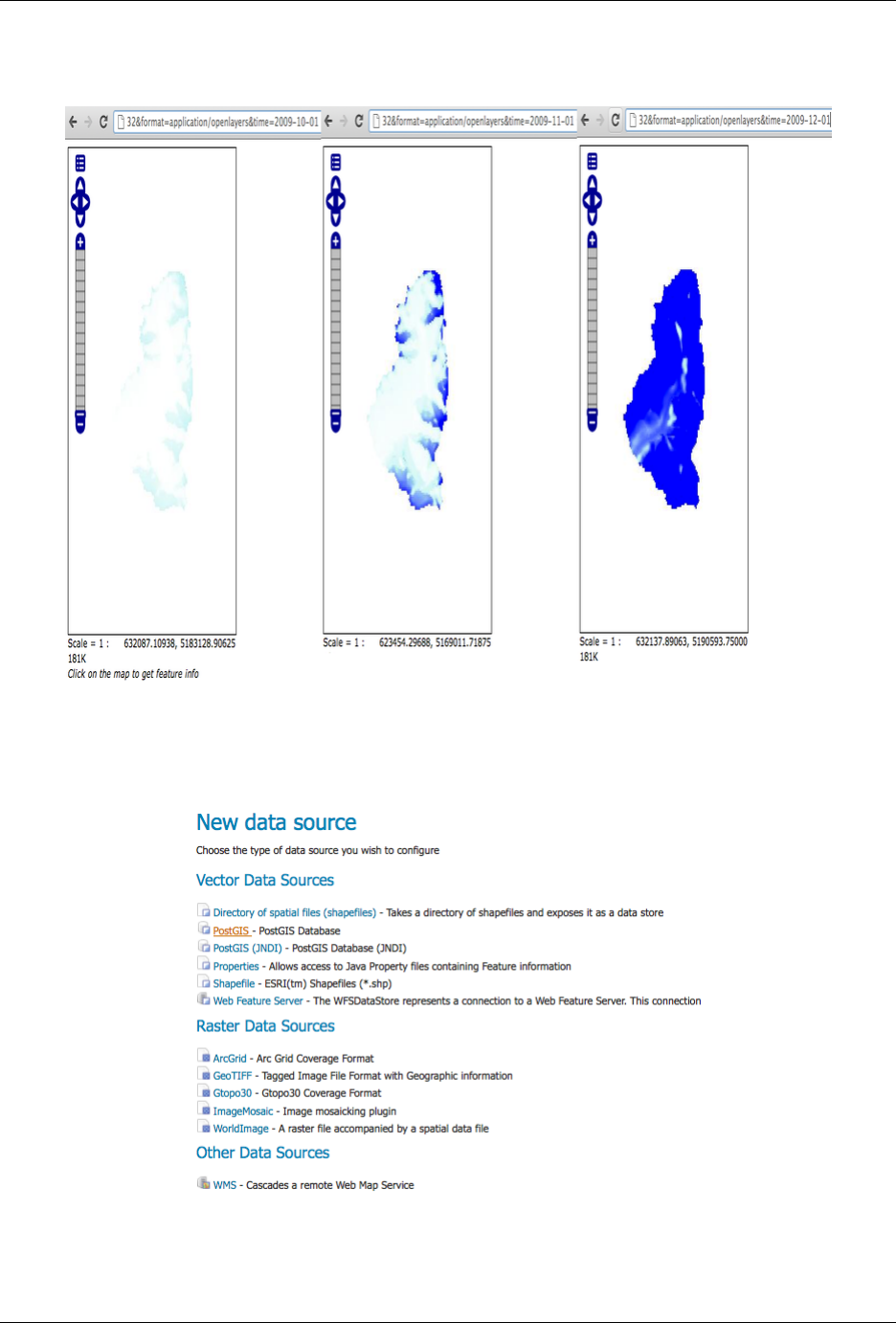
GeoServer User Manual, Release 2.15.1
17.9. Using the ImageMosaic plugin for raster time-series data 2015
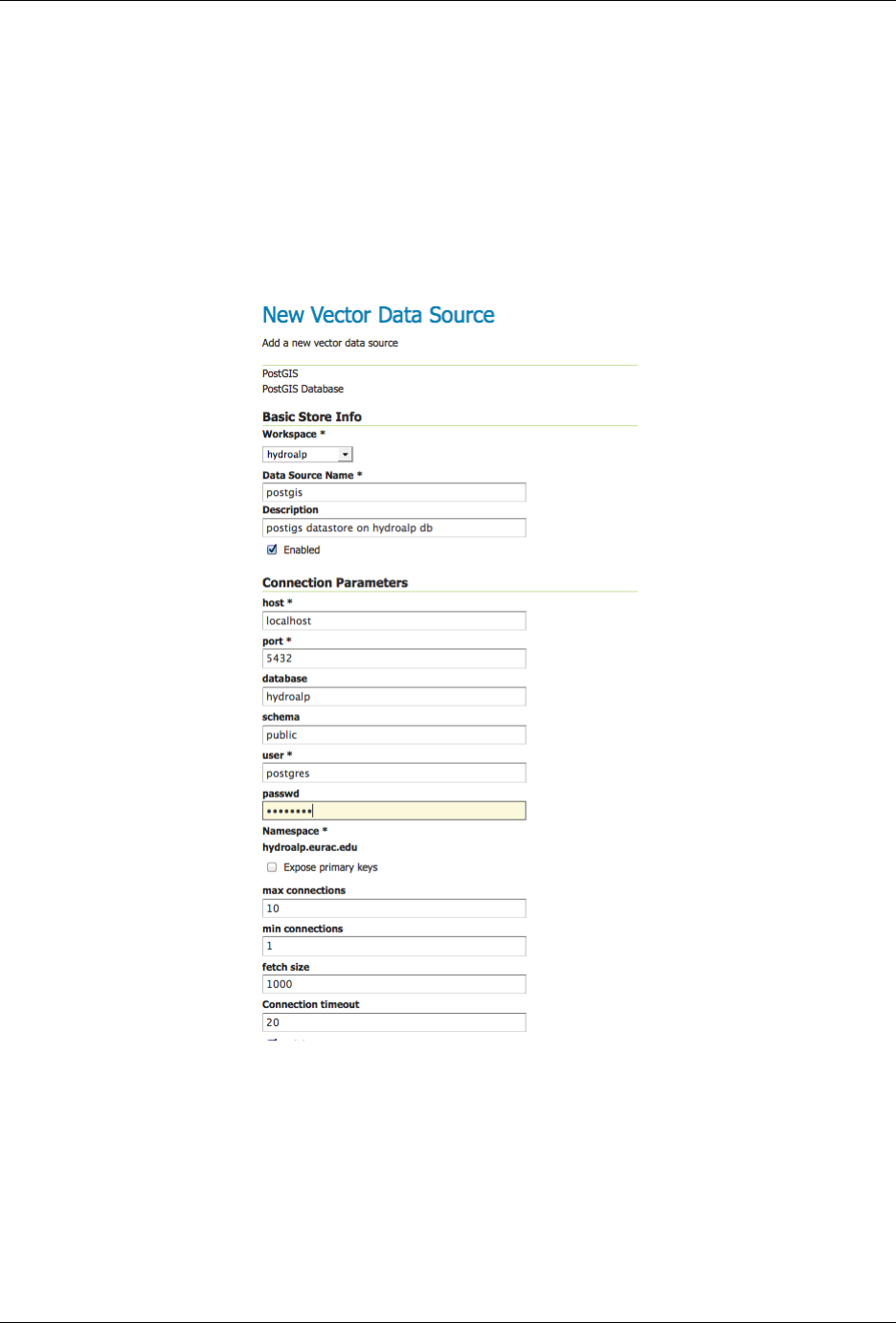
GeoServer User Manual, Release 2.15.1
2016 Chapter 17. Tutorials
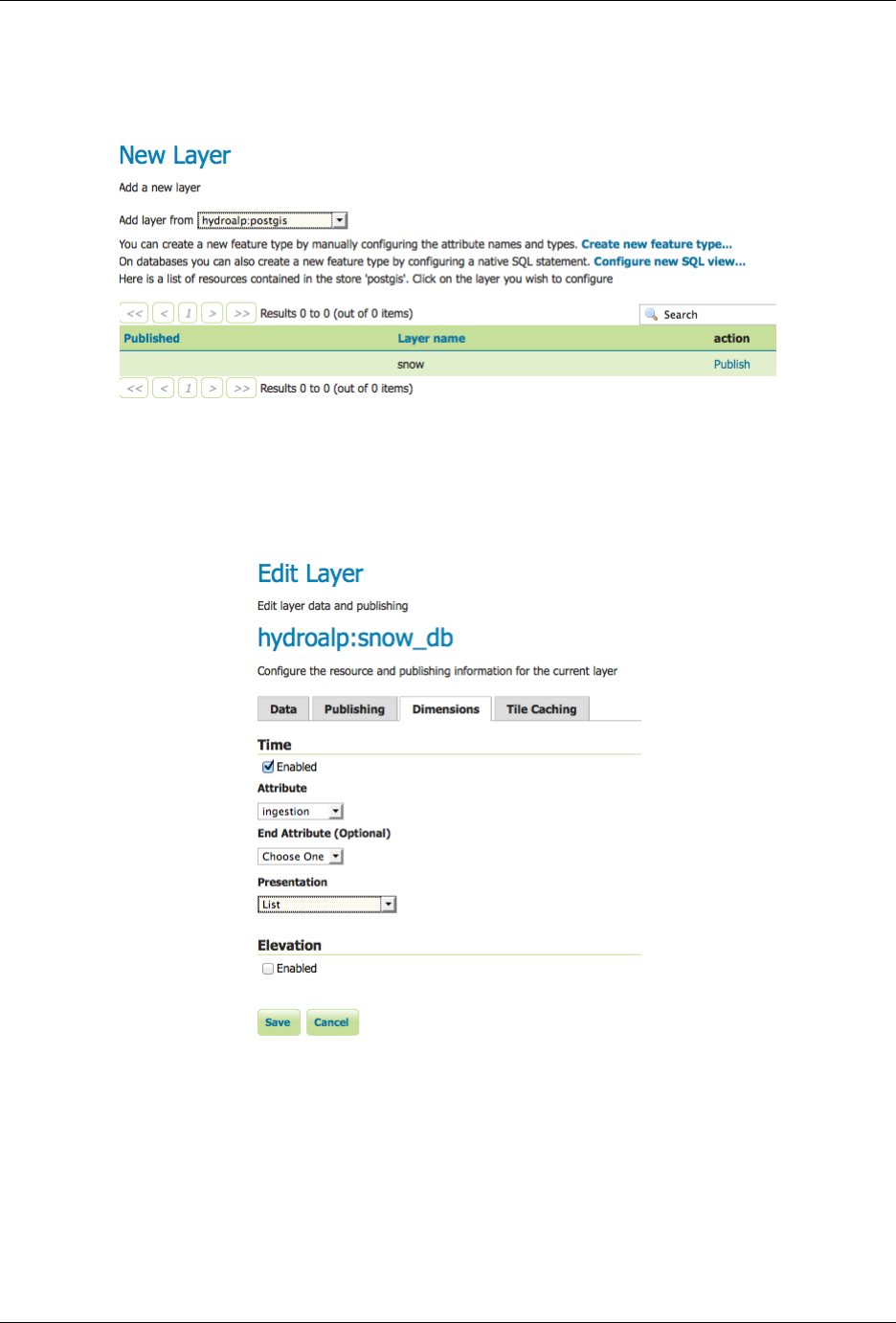
GeoServer User Manual, Release 2.15.1
Step 2: add database layer:
Choose from the created datastore the table that you want to publish as a layer.
Step 3: specify dimension:
In the tab Dimension specify the time-variant attribute and the form of presentation.
That’s it. Now is possible query this layer too.
17.9. Using the ImageMosaic plugin for raster time-series data 2017
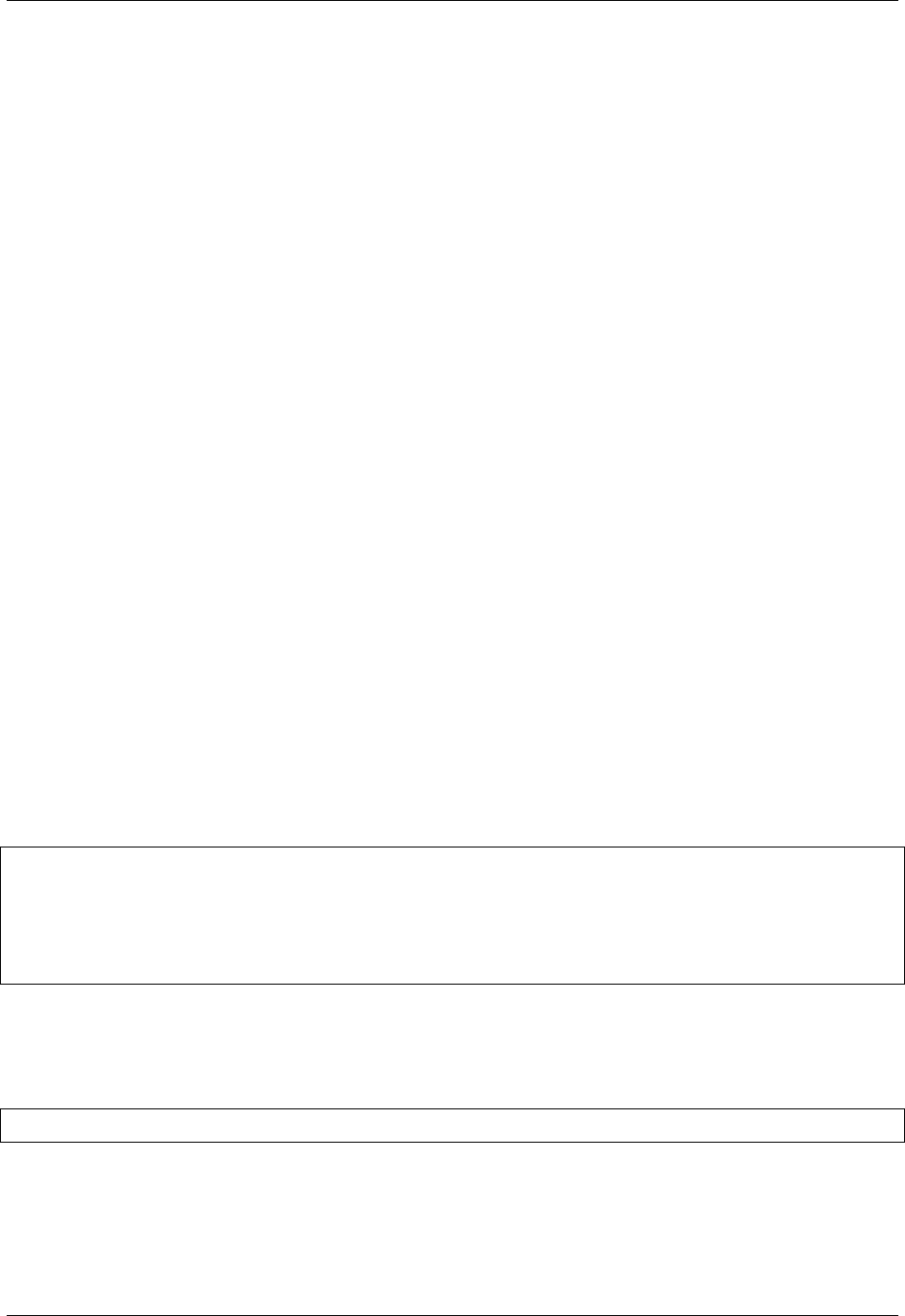
GeoServer User Manual, Release 2.15.1
17.10 Using the ImageMosaic plugin for raster with time and eleva-
tion data
17.10.1 Introduction
This tutorial is the following of Using the ImageMosaic plugin for raster time-series data and explains how
manage an ImageMosaic using both Time and Elevation attributes.
The dataset used is a set of raster images used in weather forecast, representing the temperature in a certain
zone at different times and elevations.
All the steps explained in chapter Configurations of ImageMosaic section are still the same.
This tutorial explains just how to configure the elevationregex.properties that is an additional configura-
tion file needed, and how to modify the indexer.properties.
The dataset used is different so also a fix to the timeregex.properties used in the previous tutorial is needed.
Will be shown also how query GeoServer asking for layers specifying both time and elevation dimensions.
The dataset used in the tutorial can be downloaded Here
17.10.2 Configuration examples
The additional configurations needed in order to handle also the elevation attributes are:
• Improve the previous version of the indexer.properties file
• Add the elevationregex.properties file in order to extract the elevation dimension from the filename
indexer.properties:
Here the user can specify the information that needs GeoServer for creating the table in the database.
In this case the time values are stored in the column ingestion as shown in the previous tutorial but now is
mandatory specify the elevation column too.
Caching=false
TimeAttribute=ingestion
ElevationAttribute=elevation
Schema=*the_geom:Polygon,location:String,ingestion:java.util.Date,elevation:Double
PropertyCollectors=TimestampFileNameExtractorSPI[timeregex](ingestion),
,→DoubleFileNameExtractorSPI[elevationregex](elevation)
elevationregex.properties:
Remember that every tif file must follow this naming convention:
{coveragename}_{timestamp}_[{elevation}].tif
As in the timeregex property file the user must specify the pattern that the elevation in the file name looks
like. In this example it consists of 4 digits, a dot ‘.’ and other 3 digits.
an example of filename, that is used in this tutorial is:
2018 Chapter 17. Tutorials
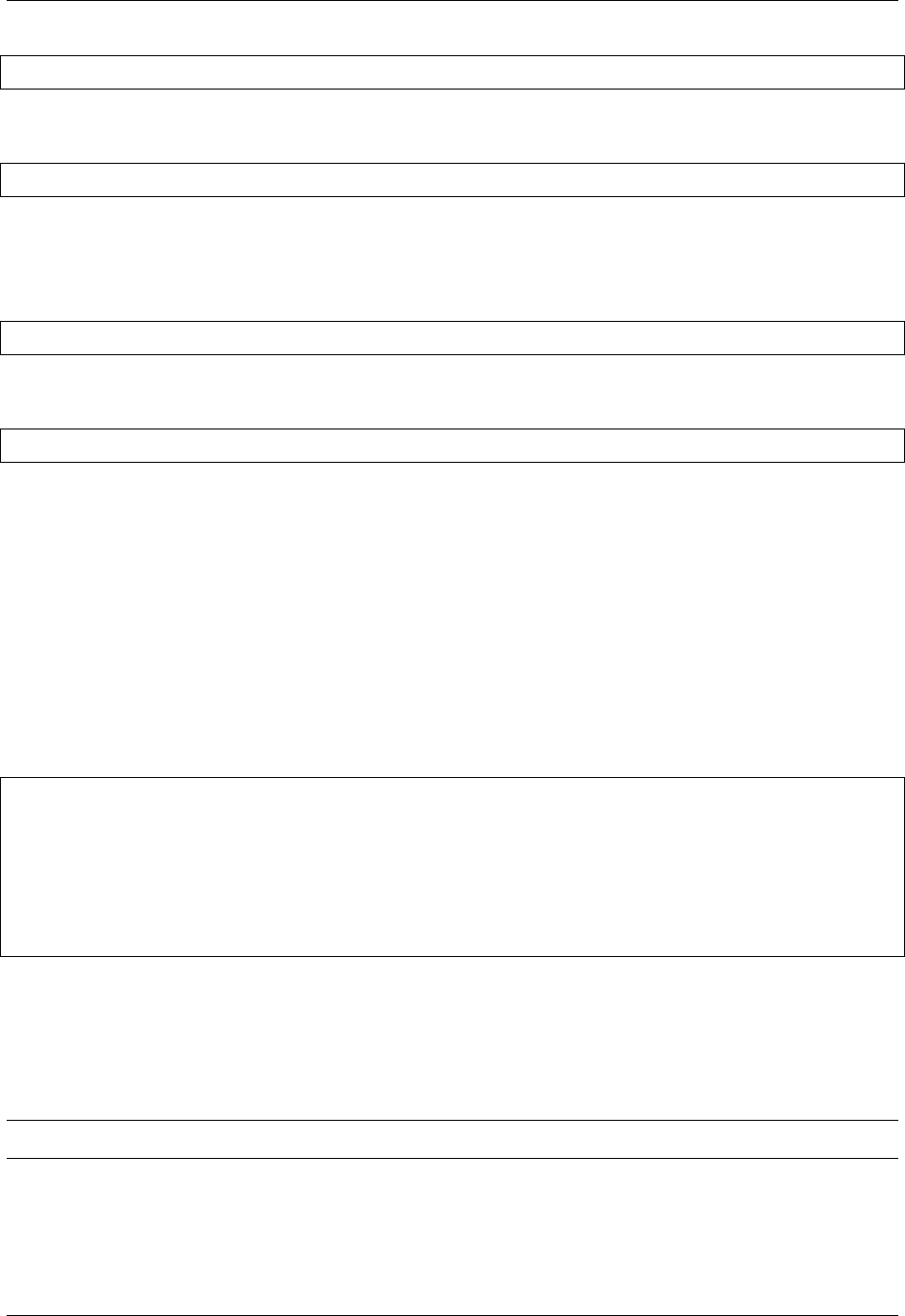
GeoServer User Manual, Release 2.15.1
gfs50kmTemperature20130310T180000000Z_0600.000_.tiff
The GeoServer ImageMosaic plugin scans the filename and search for the first occurrence that match with
the pattern specified. Here the content of elevationregex.properties:
regex=(?<=_)(\\d{4}\\.\\d{3})(?=_)
timeregex.properties:
As you can see the time in this dataset is specified as ISO8601 format:
20130310T180000000Z
Instead of the form yyyymmdd as in the previous tutorial. So the regex to specify in timeregex.properties
is:
regex=[0-9]{8}T[0-9]{9}Z(\?!.\*[0-9]{8}T[0-9]{9}Z.\*)
17.10.3 Coverage based on filestore
Once the mosaic configuration is ready the store mosaic could be loaded on GeoServer.
The steps needed are the same shown the previous chapter. After the store is loaded and a layer published
note the differences in WMS Capabilities document and in the table on postgres.
WMS Capabilities document
The WMS Capabilities document is a bit different, now there is also the dimension elevation. In this exam-
ple both time and elevation dimension are set to List .
<Dimension name="time" default="current" units="ISO8601">
2013-03-10T00:00:00.000Z,2013-03-11T00:00:00.000Z,2013-03-12T00:00:00.000Z,
,→2013-03-13T00:00:00.000Z,2013-03-14T00:00:00.000Z,2013-03-15T00:00:00.000Z,2013-03-
,→16T00:00:00.000Z,2013-03-17T00:00:00.000Z,2013-03-18T00:00:00.000Z
</Dimension>
<Dimension name="elevation" default="200.0" units="EPSG:5030" unitSymbol="m">
200.0,300.0,500.0,600.0,700.0,850.0,925.0,1000.0
</Dimension>
The table on postgres
With the elevation support enabled the table on postgres has, for each image, the field elevation filled with
the elevation value.
Note: The user must create manually the index on the table in order to speed up the search by attribute.
17.10. Using the ImageMosaic plugin for raster with time and elevation data 2019
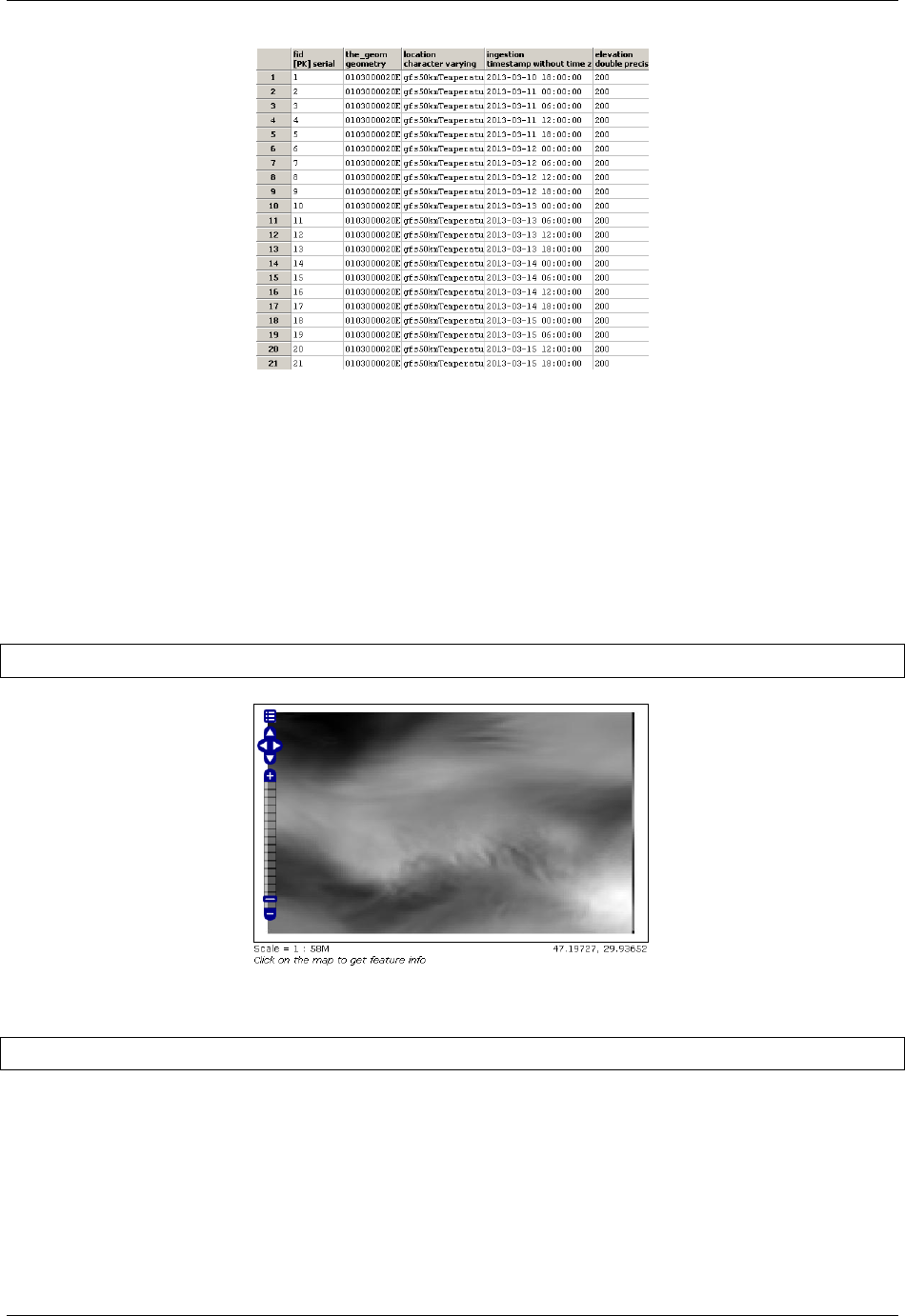
GeoServer User Manual, Release 2.15.1
Query layer on timestamp:
In order to display a snapshot of the map at a specific time instant and elevation you have to pass in the
request those parameters.
•&time= <pattern > , as shown before,
•&elevation= <pattern > where you pass the value of the elevation.
For example if an user wants to obtain the temperature coverage images for the day 2013-03-10 at 6 PM at
elevation 200 meters must append to the request:
&time=2013-03-10T00:00:00.000Z&elevation=200.0
Same day at elevation 300.0 meters:
&time=2013-03-10T00:00:00.000Z&elevation=300.0
Note that if just the time dimension is append to the request will be displayed the elevation 200 meters (if
present) because of the default attribute of the tag <Dimension name="elevation" ... in the WMS
Capabilities document is set to 200
2020 Chapter 17. Tutorials
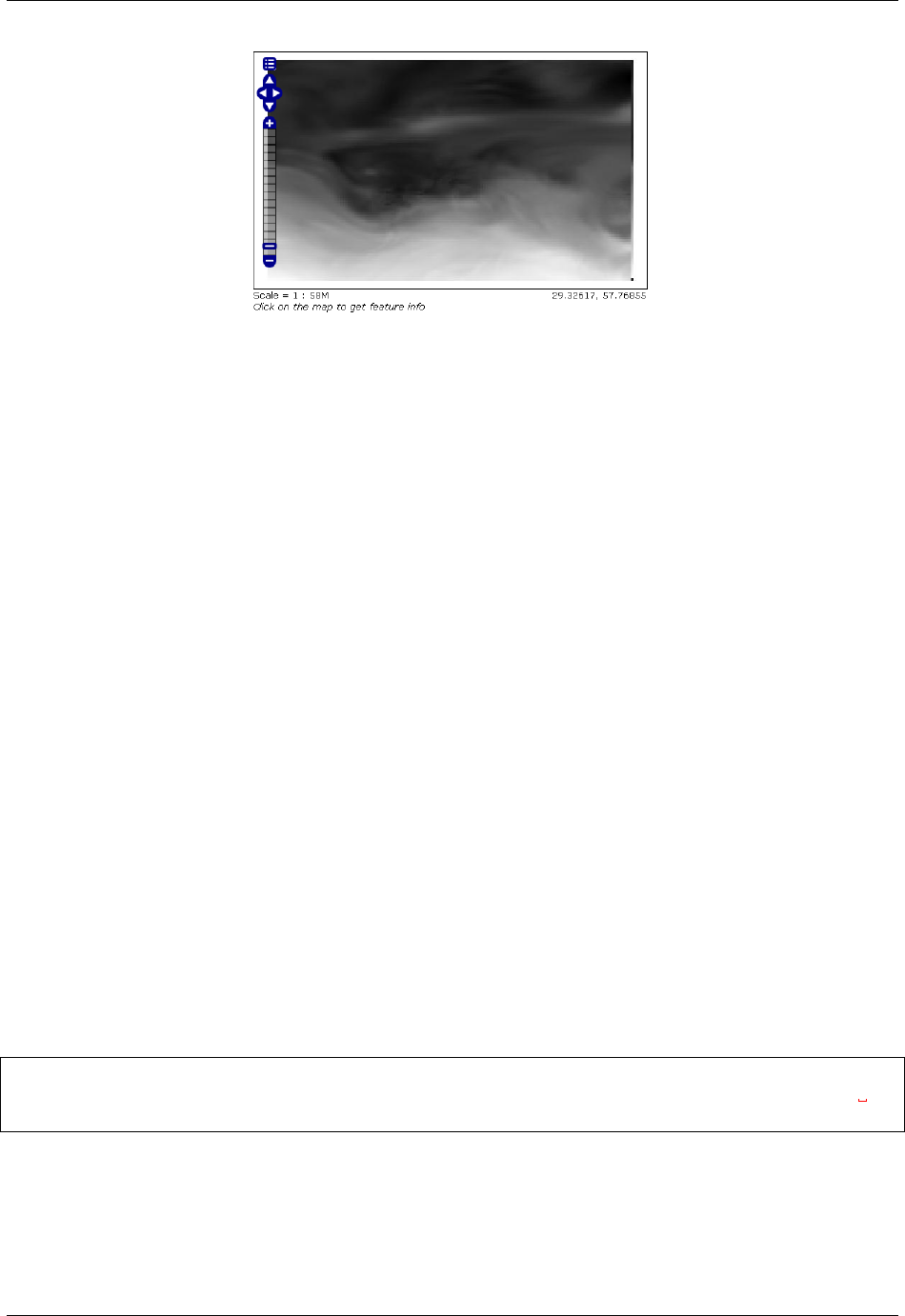
GeoServer User Manual, Release 2.15.1
17.11 Using the ImageMosaic plugin with footprint mangement
17.11.1 Introduction
This step-by-step tutorial describes how to associate Footprint to a raster data using the ImageMosaic plu-
gin.
Footprint is a Shape used as a Mask for the mosaic. Masking can be useful for hiding pixels which are
meaningless, or for enhancing only few regions of the image in respect to others.
This tutorial assumes knowledge of the concepts explained in ImageMosaic section.
This tutorial contains two sections:
• The first section, Configuration, describes the possible configurations needed to set up an ImageMo-
saic with footprint.
• The second section, Examples, provides examples of configuration of an ImageMosaic with footprint.
17.11.2 Configuration
Footprint can be configured in three different ways:
1. By using for each mosaic granule a Sidecar File, a Shapefile with the same name of the granule which
contains the footprint for it;
2. By using a single Shapefile called footprints.shp which contains all the footprints for each granule; each
footprint is associated to a granule with the location attribute;
3. By using a file called footprints.properties .
The last option should be used when the first two are not available and requires to write the following piece
of code inside the footprints.properties file:
footprint_source=*location of the Shapefile*
footprint_filter=*filter on the Shapefile searching for the attribute associated to
,→each granule*
For example if a Shapefile called fakeShapeFile stores the various footprints in a table like this, where each
Name attribute is referred to a granule file:
And the associated granules are:
17.11. Using the ImageMosaic plugin with footprint mangement 2021
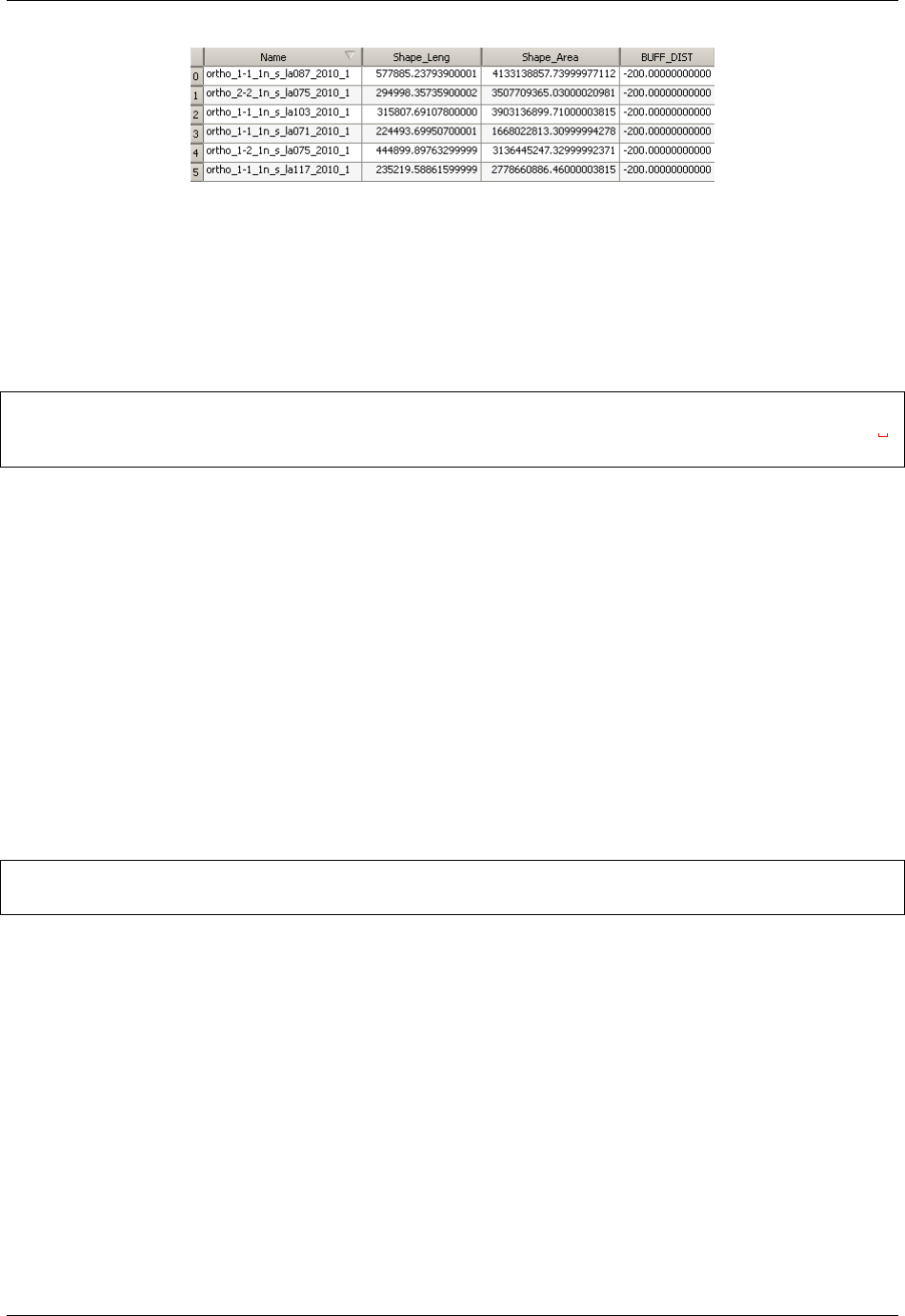
GeoServer User Manual, Release 2.15.1
• ortho_1-1_1n_s_la087_2010_1.tif
• ortho_2-2_1n_s_la075_2010_1.tif
• ortho_1-1_1n_s_la103_2010_1.tif
• and so on . . .
The associated footprints.properties file must be like this:
footprint_source=fakeShapeFile.shp
footprint_filter=Name=strSubstring(granule.location, 0, strLength(granule.location) -
,→4)
The substring operation is done for comparing the footprint attribute names and the granule names without
the .tif extension.
There are three possible behaviours for Footprint:
•None: simply doesn’t use the Footprint and behaves like a standard ImageMosaic layer;
•Transparent: adds an alpha band of 0s on the image portions outside of the Footprint making them
transparent, typically used for RGB data;
•Cut: set the background value on the image portions outside of the Footprint, typically used for
GrayScale data.
The behaviour must be set directly on the Layer configuration page.
Another feature of the Footprint is the possibility to calculate an Inset of the image. Inset is a reduction of
the footprint border by a value defined by the user which is typically used for removing the compression
artifacts. This feature can be achieved by adding the following code inside footprints.properties (in case of
the first two configurations this file must be added):
footprint_inset=*value in the shapefile u.o.m.*
footprint_inset_type=*full/border*
Full inset type calculates the inset for each footprint side while Border does the same operation but those
straight lines that overlap the image bounds are avoided; this last parameter is useful for images already
cut in a regular grid.
Each modification of the footprints.properties file requires to Reload GeoServer. This operation can be
achieved by going to Server Status and cliking on the Reload button on the bottom-right side of the page.
The two datasets used in the tutorial can be downloaded here: Mosaic with a single image which represents
Boulder (Colorado), Mosaic with multiple images which represents Italy. The first can be used for testing
footprint configuration with a Sidecar File and the second for the other two configurations.
17.11.3 Examples
Here are presented a few steps for configuring a new ImageMosaic layer with footprint.
2022 Chapter 17. Tutorials
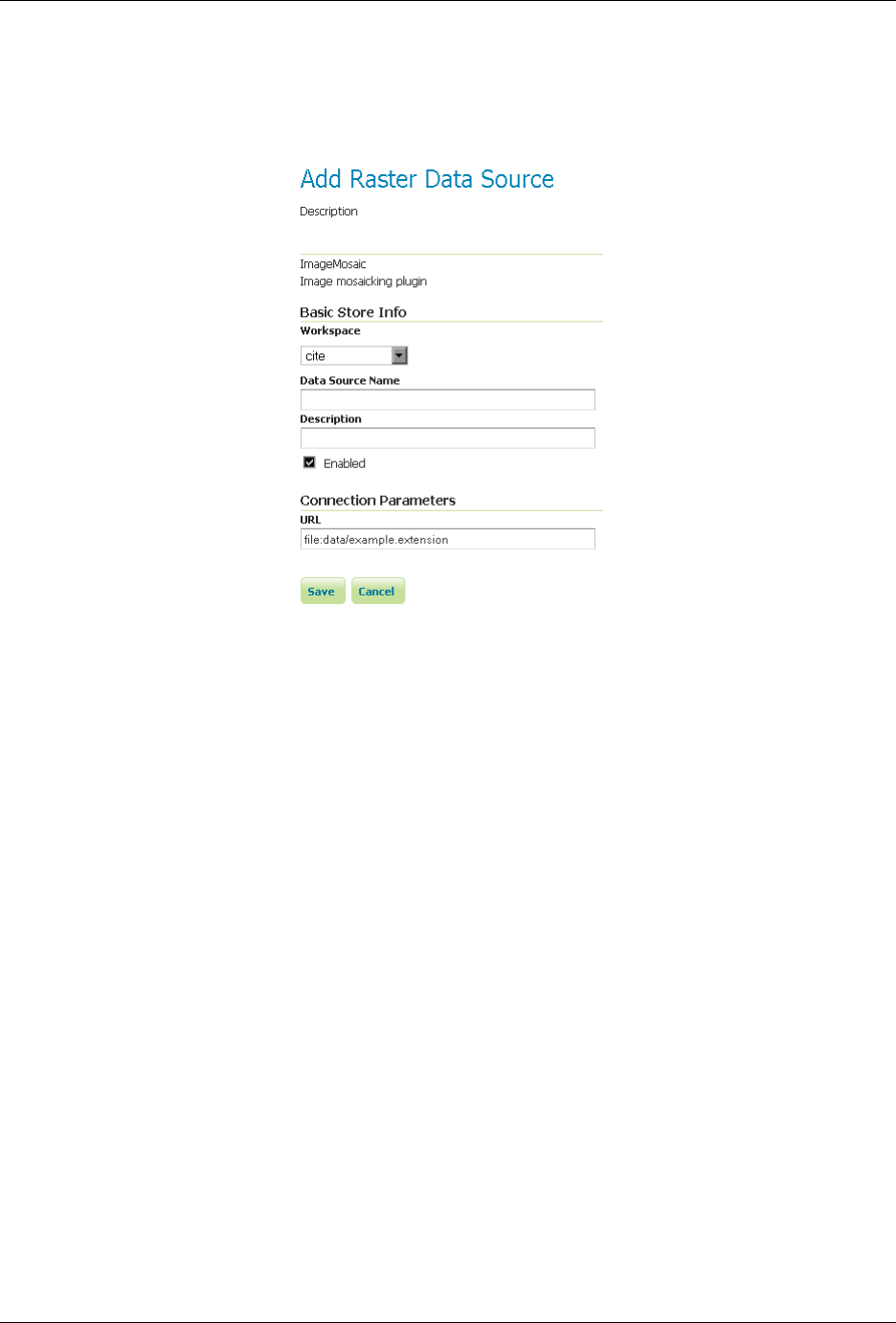
GeoServer User Manual, Release 2.15.1
Step 1: Create a new ImageMosaic Layer
As seen before an ImageMosaic data store can be created by going to Stores →Add New Store →ImageMosaic.
An associated Layer can be created by going to Layers →Add New Resource, choosing the name of the data
store created above and then clicking on the publish button.
Step 2: Configuring a new Layer for the Mosaic
Inside the new page the only field which is interesting for this tutorial is FootprintBehavior:
The user can set one of the three values for the Footprint behaviour as described above.
After that, the user must confirm the modification by clicking on the Save button on the bottom side of the
page.
Step 3: Example Results
Here are presented the results for each dataset.
Footprint configured with Sidecar File
This is an example of mosaic without applying Footprint:
And this is the result of setting FootprintBehavior to Cut:
Background is gray because in this example the BackgroundValues field has been set to -20000.
If an Inset is added, the final mosaic is:
17.11. Using the ImageMosaic plugin with footprint mangement 2023
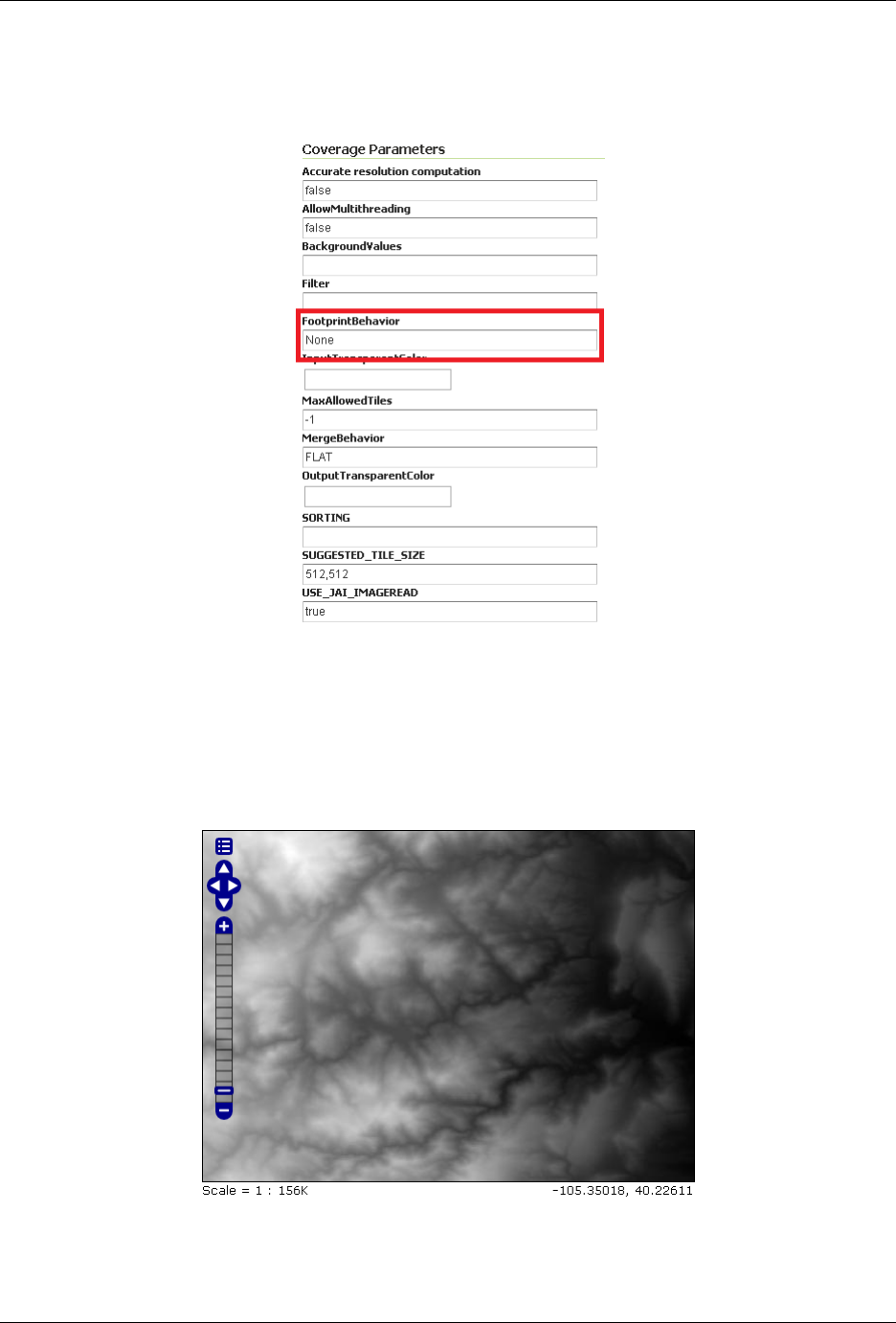
GeoServer User Manual, Release 2.15.1
2024 Chapter 17. Tutorials
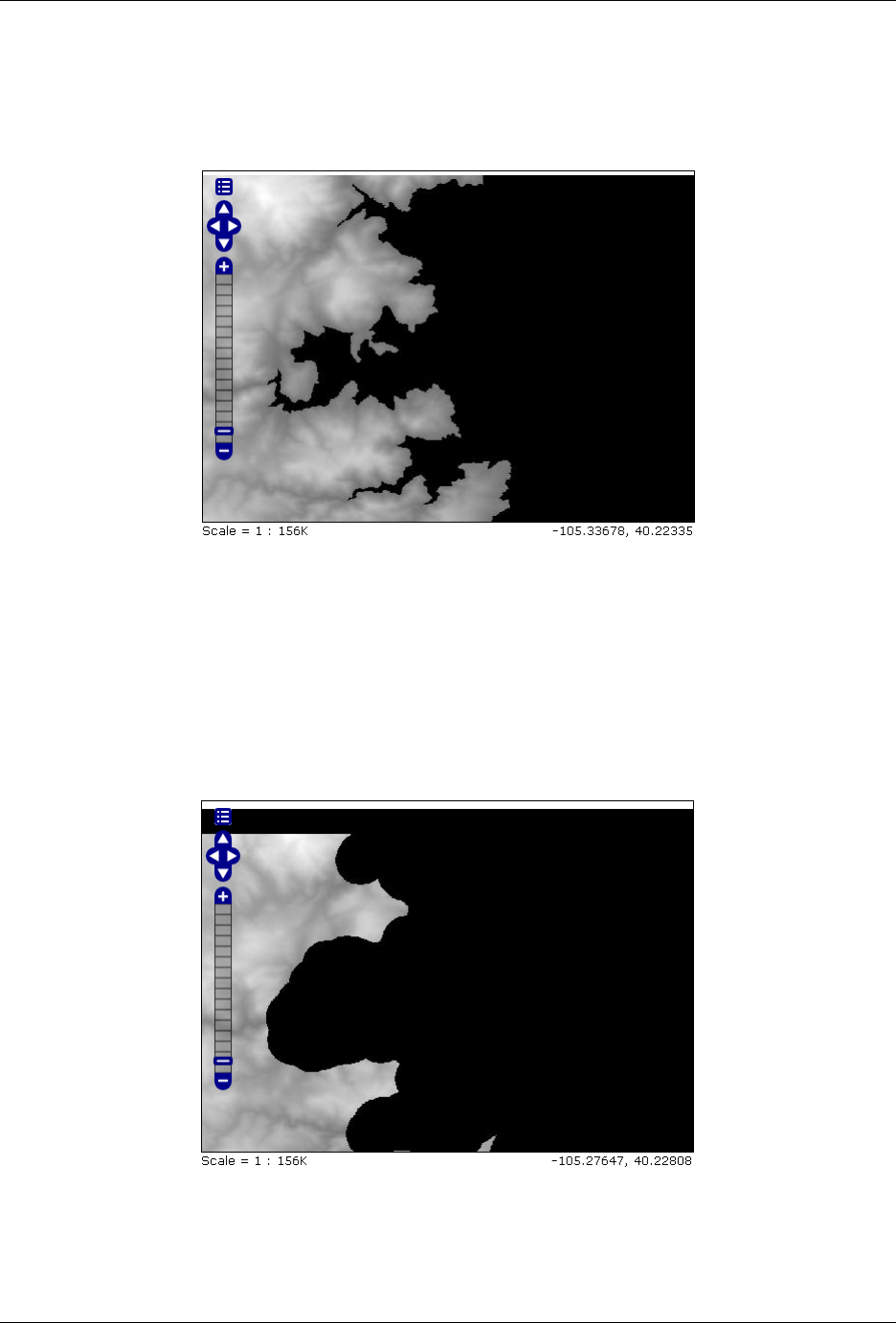
GeoServer User Manual, Release 2.15.1
17.11. Using the ImageMosaic plugin with footprint mangement 2025
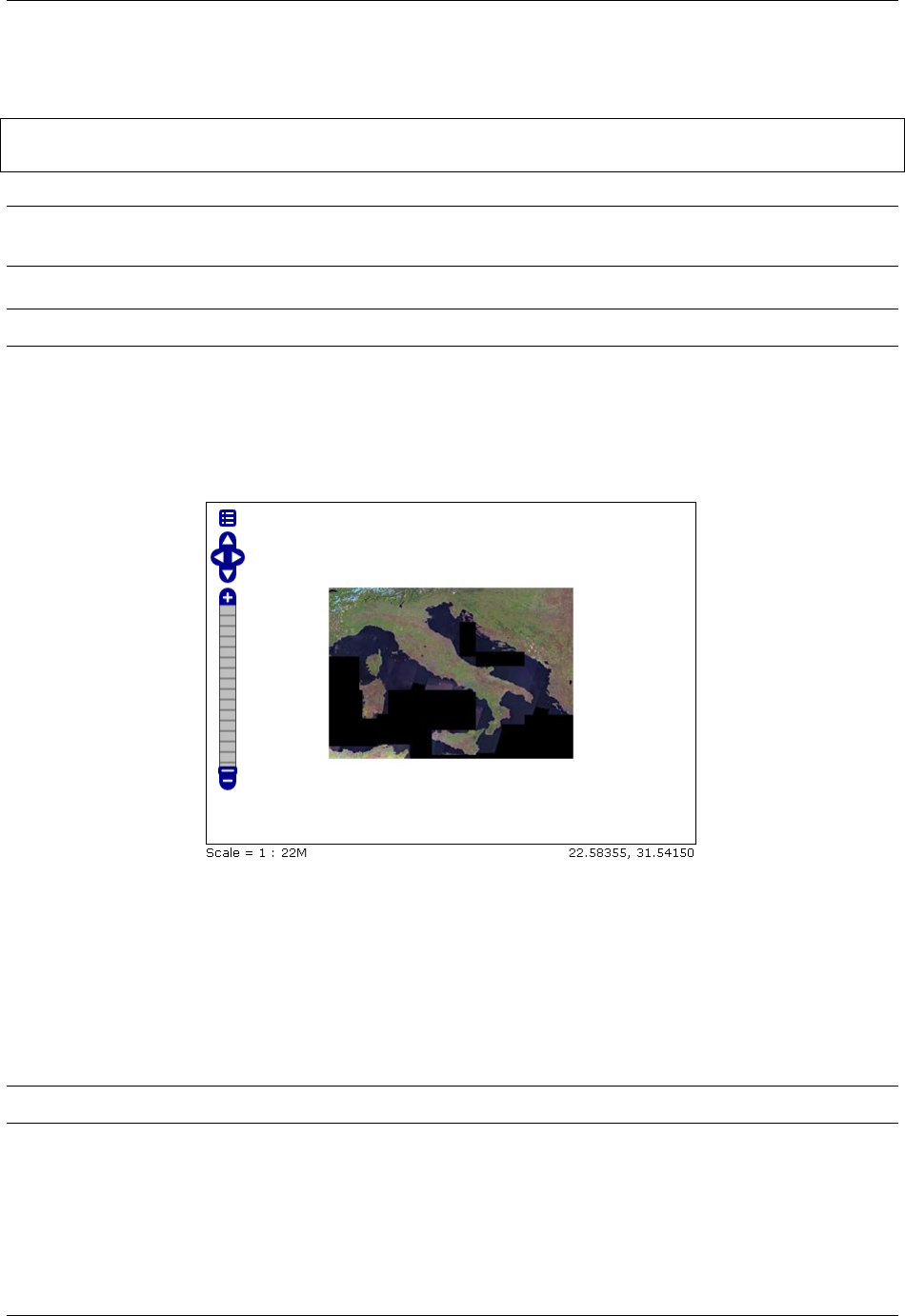
GeoServer User Manual, Release 2.15.1
The footprints.properties file is:
footprint_inset=0.01
footprint_inset_type=full
Note: Remember that each modification on footprints.properties requires a Reload of GeoServer for seeing
the results.
Note: When configuring this mosaic you must set the declared CRS field to “EPSG:4326”.
Footprint configured with footprints.shp
This is another example of mosaic without Footprint:
And now after setting FootprintBehavior to Transparent (no Inset is used) on the Layer:
Footprint configured with footprints.properties
Note: For testing this functionality the user must rename all the footprints.xxx files to mask.xxx.
The result of setting FootprintBehavior to Transparent, Inset type to border and Inset value to 0.00001 is:
The footprints.properties file is:
2026 Chapter 17. Tutorials
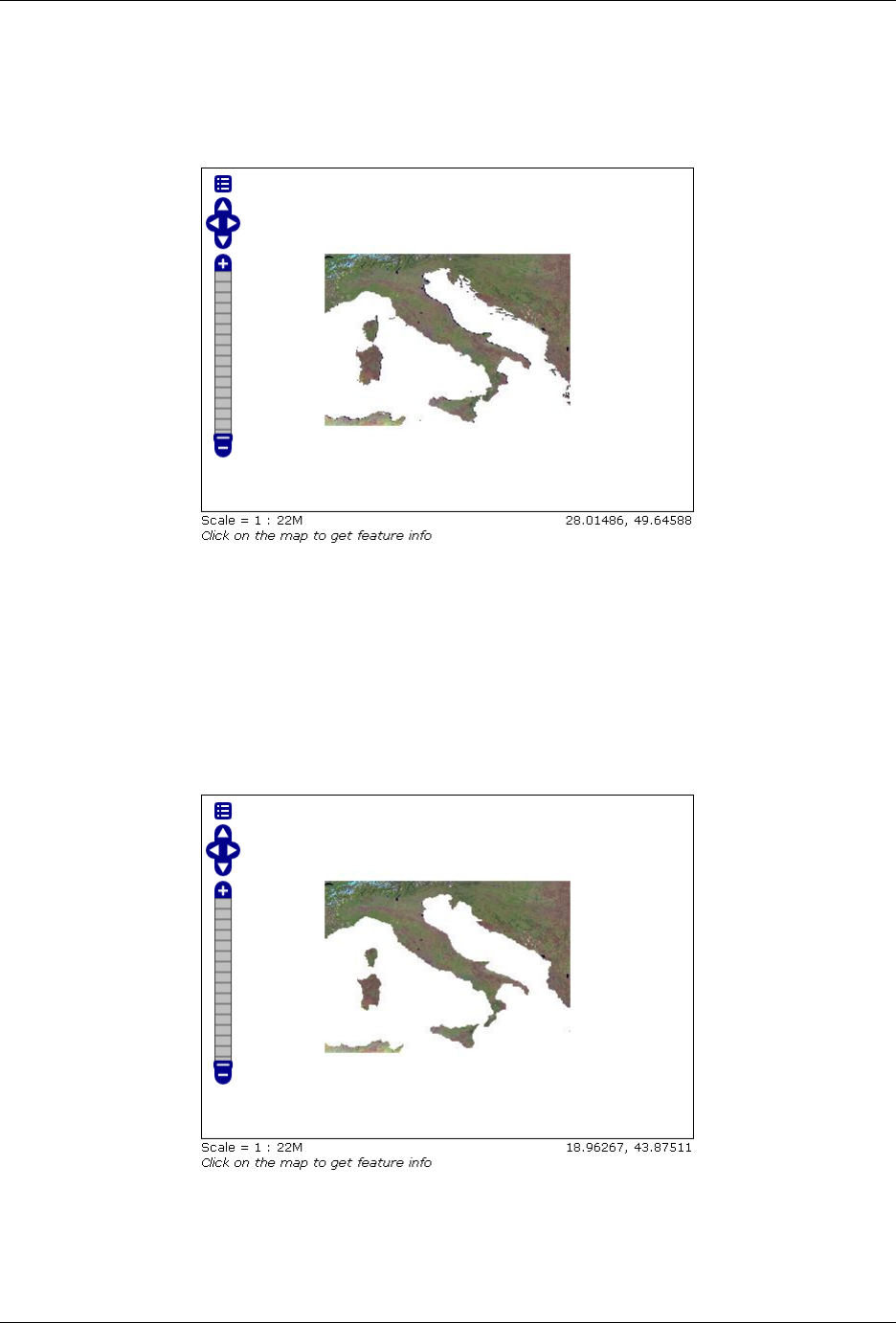
GeoServer User Manual, Release 2.15.1
17.11. Using the ImageMosaic plugin with footprint mangement 2027
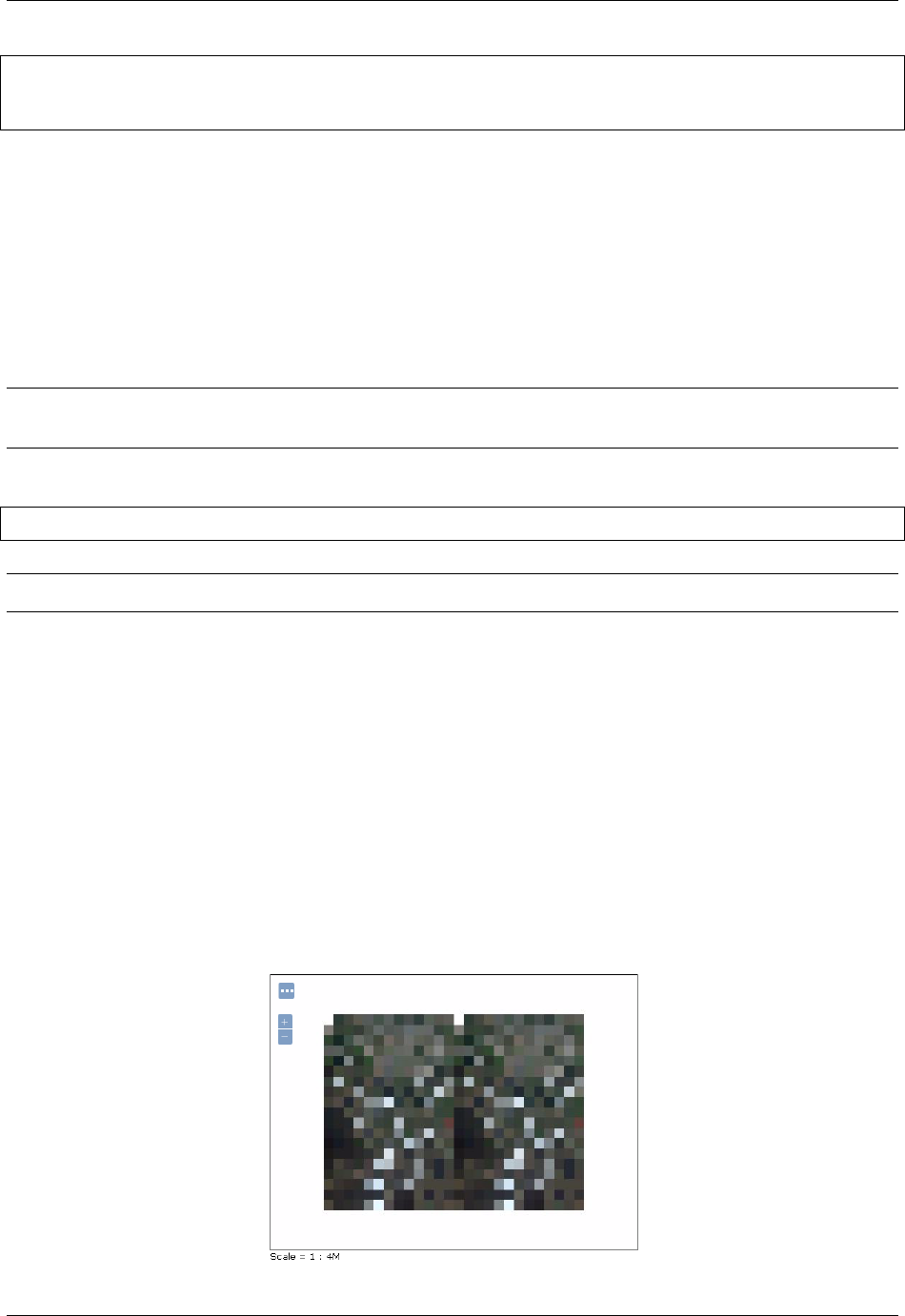
GeoServer User Manual, Release 2.15.1
footprint_source=mask.shp
footprint_inset=0.00001
footprint_inset_type=border
17.11.4 Raster Masking
From 2.8.x version, GeoServer is able to support also Raster Masks. Those masks can be internal or external
(in which case the mask files should use the .msk extension), for each file. It is crucial that mask files should
have the same pixel size, georeferencing and CRS as the image they are masking.
It must be pointed out that external/internal masks may have overviews like the related original images.
More information about Mask bands may be found at the GDAL Mask Band Page
Note: Raster masking is supported for GeoTiff format only and it does not take into account inset defini-
tion. The same support is used for ImageMosaic or ImagePyramids made of GeoTiff files.
Afootprints.properties file that would exploit raster masks would be as follows:
footprint_source=raster
Note: Raster masks do not support to control inset.
Below you may find an example of configuring a Mosaic with Raster masks:
Step 1: Create a new ImageMosaic Layer
Download data from the following link and configure an ImageMosaic layer called rastermask without
changing default configuration parameters.
Zip file contains two images and their related .msk files. For this example the two masks are two simple
squares.
Step 2: Watch the layer using LayerPreview
Go to LayerPreview →rastermask →OpenLayers. The result should be similar to the one below.
2028 Chapter 17. Tutorials
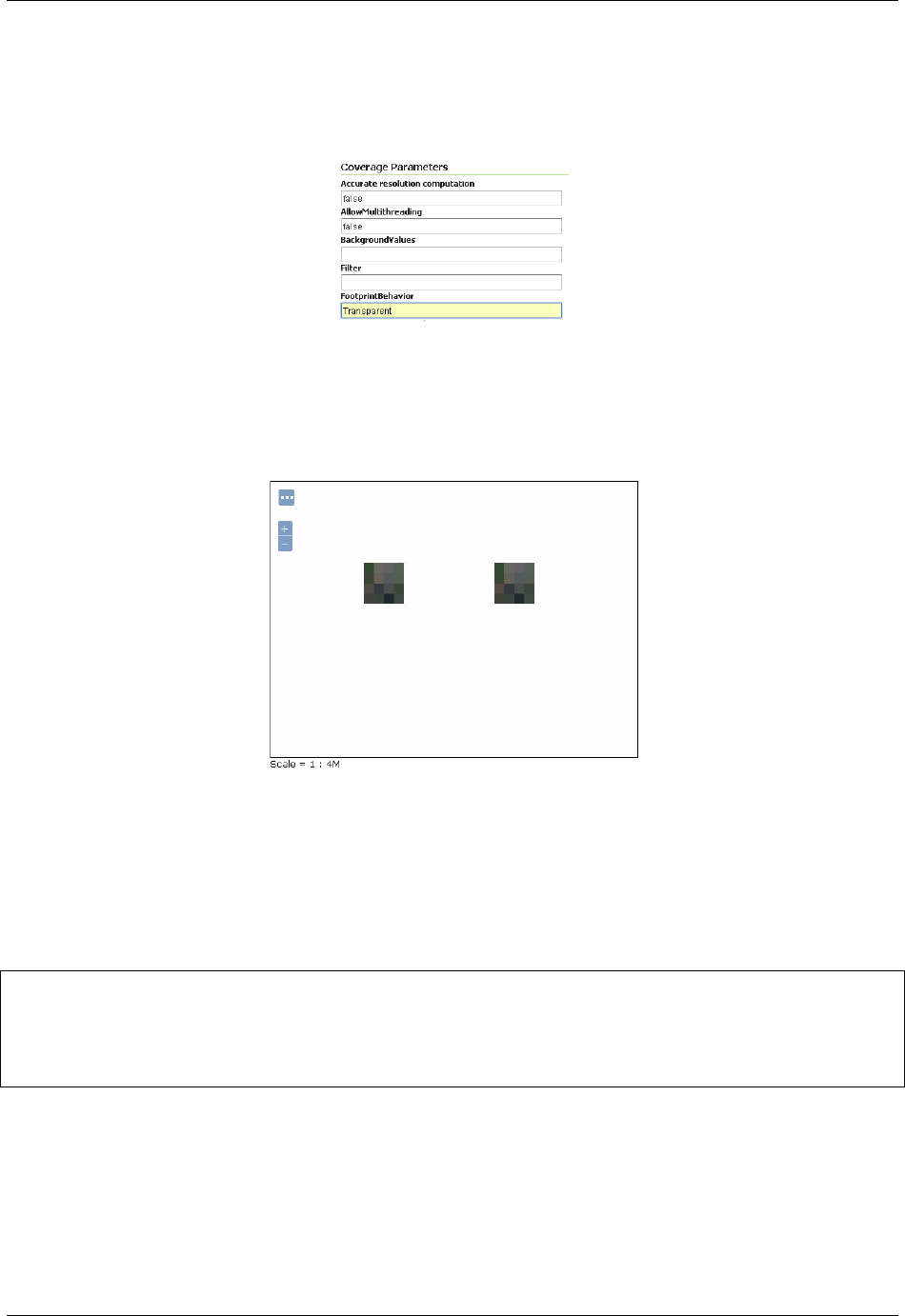
GeoServer User Manual, Release 2.15.1
Step 3: Change the Footprint Behavior
Change the FootprintBehavior parameter to Transparent.Cut value should not be used since the files are
RGB.
Step 4: Check the result
Go to LayerPreview →rastermask →OpenLayers. The result should be changed now.
17.11.5 Multilevel Geometry Masking
From 2.14.x version, GeoServer is able to support also multilevel overviews geometries (A geometry foot-
print for each overview, being stored on a separate sidecar file).
Afootprints.properties file that would exploit multiple WKB sidecar files would be as follows:
footprint_source=multisidecar
footprintLoaderSPI=org.geotools.coverage.grid.io.footprint.WKBLoaderSPI
overviewsFootprintLoaderSPI=org.geotools.coverage.grid.io.footprint.WKBLoaderSPI
overviewsRoiInRasterSpace=True
overviewsSuffixFormat=_%d
Notes:
•footprintLoaderSPI: Contains the fully qualified name of the SPI implementation for main footprint
loading (Optional property. When not specified, the proper footprint loader will be automatically
found by scanning the available SPIs). Currently supported values are:
–org.geotools.coverage.grid.io.footprint.WKBLoaderSPI for WKB overviews
–org.geotools.coverage.grid.io.footprint.WKTLoaderSPI for WKT overviews
17.11. Using the ImageMosaic plugin with footprint mangement 2029

GeoServer User Manual, Release 2.15.1
–org.geotools.gce.imagemosaic.catalog.ShapeFileLoaderSPI for Shapefile overviews
•overviewsFootprintLoaderSPI: Contains the fully qualified name of the SPI implementation for
overviews footprints loading (Optional property. When not specified, same loader as footprintLoad-
erSpi will be used if provided);
•overviewsRoiInRasterSpace: Specifies whether the overviews ROI footprint geometrys are in raster
space or model space coordinates. (Optional property. Default is False, meaning that overviews
footprints are in model space);
•overviewsSuffixFormat: Specifies the String format syntax used to define the suffix of the overviews
footprints file name. (Optional property. Default is _%d). To give an example, if granule file is
R1C1.tif and related 1st overview footprint is stored into R1C1_1.wkt, overviewsSuffixFormat should
be _%d. In case 1st overview footprint is stored into R1C1-Ov1.wkt, overviewsSuffixFormat should
be -Ov%d.
Same steps of previous section are required to configure an ImageMosaic layer with footprint management.
17.12 Building and using an image pyramid
GeoServer can efficiently deal with large TIFF with overviews, as long as the TIFF is below the 2GB size
limit.
Once the image size goes beyond such limit it’s time to start considering an image pyramid instead.
An image pyramid builds multiple mosaics of images, each one at a different zoom level, making it so that
each tile is stored in a separate file. This comes with a composition overhead to bring back the tiles into
a single image, but can speed up image handling as each overview is tiled, and thus a sub-set of it can be
accessed efficiently (as opposed to a single GeoTIFF, where the base level can be tiled, but the overviews
never are).
This tutorial shows how to build an image pyramid with open source utilities and how to load it into
GeoServer. The tutorial assumes you’re running at least GeoServer 2.0.2.
17.12.1 Building a pyramid
For this tutorial we have prepared a sample BlueMarble TNG subset in GeoTIFF form. The image is tiled
and JPEG compressed, without overviews. Not exactly what you’d want to use for high performance data
serving, but good for redistribution and as a starting point to build a pyramid.
In order to build the pyramid we’ll use the gdal_retile.py utility, part of the GDAL command line utilities
and available for various operating systems (if you’re using Microsoft Windows look for FWTools).
The following commands will build a pyramid on disk:
mkdir bmpyramid
gdal_retile.py -v-r bilinear -levels 4-ps 2048 2048 -co "TILED=YES" -co
,→"COMPRESS=JPEG" -targetDir bmpyramid bmreduced.tiff
The gdal_retile.py user guide provides a detailed explanation for all the possible parameters, here is a
description of the ones used in the command line above:
•-v: verbose output, allows the user to see each file creation scroll by, thus knowing progress is being
made (a big pyramid construction can take hours)
•-r bilinear: use bilinear interpolation when building the lower resolution levels. This is key to get good
image quality without asking GeoServer to perform expensive interpolations in memory
2030 Chapter 17. Tutorials
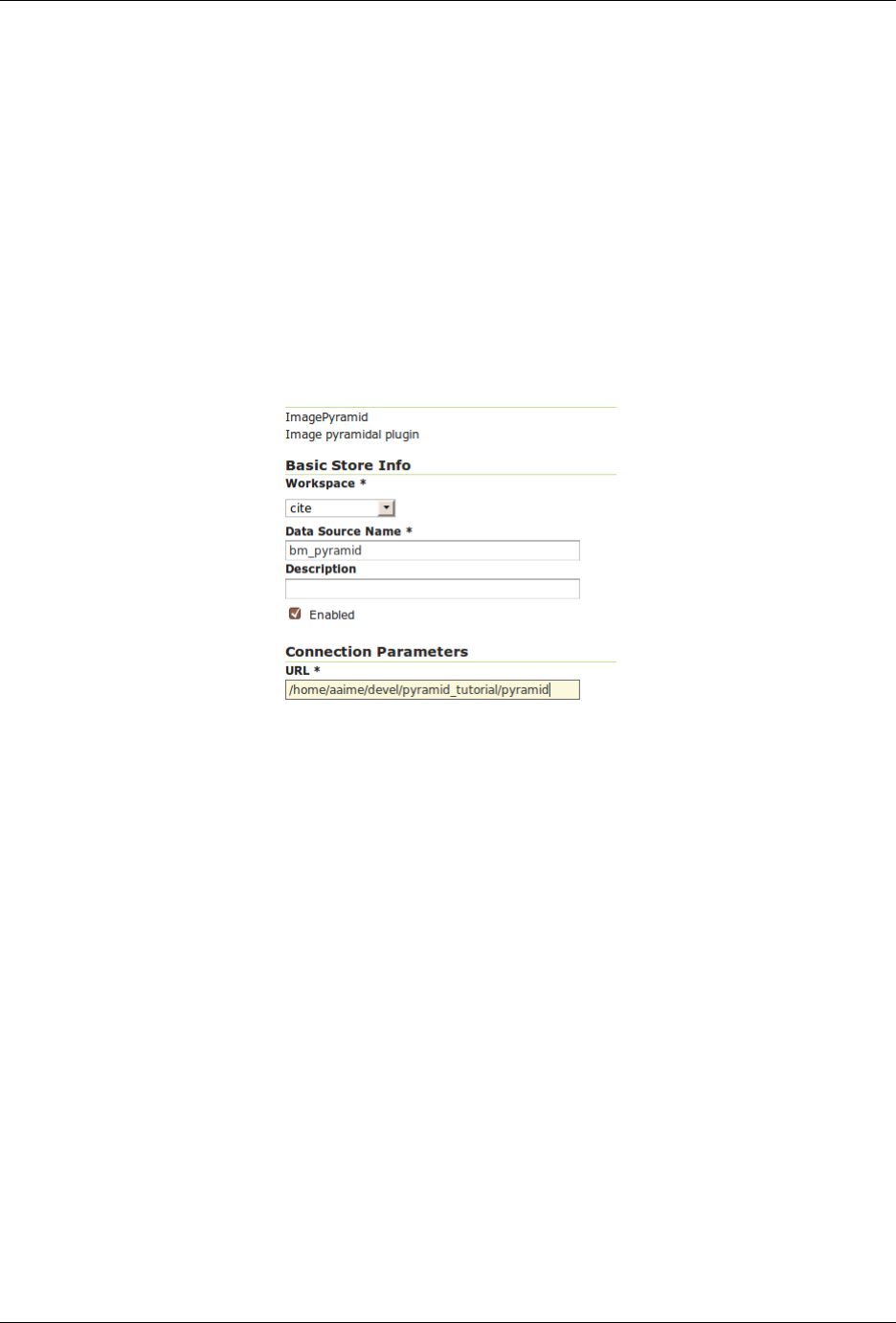
GeoServer User Manual, Release 2.15.1
•-levels 4: the number of levels in the pyramid
•-ps 2048 2048: each tile in the pyramid will be a 2048x2048 GeoTIFF
•-co “TILED=YES”: each GeoTIFF tile in the pyramid will be inner tiled
•-co “COMPRESS=JPEG”: each GeoTIFF tile in the pyramid will be JPEG compressed (trades small
size for higher performance, try out it without this parameter too)
•-targetDir bmpyramid: build the pyramid in the bmpyramid directory. The target directory must exist
and be empty
•bmreduced.tiff : the source file
This will produce a number of TIFF files in bmpyramid along with the sub-directories 1,2, 3, and 4.
Once that is done, and assuming the GeoServer image pyramid plug-in is already installed, it’s possible to
create the coverage store by pointing at the directory containing the pyramid and clicking save:
Fig. 17.28: Configuring a image pyramid store
When clicking save the store will look into the directory, recognize a gdal_retile generated structure and
perform some background operations:
• move all tiff files in the root to a newly create directory 0
• create an image mosaic in all sub-directories (shapefile index plus property file)
• create the root property file describing the whole pyramid structure
Once that is done the user will be asked to choose a coverage, which will be named after the pyramid root
directory:
Publish the layer, and then setup the layer parameter USE_JAI_IMAGEREAD to false to get better scalability:
Submit and go to the preview, the pyramid should be ready to use:
17.12.2 Notes on big pyramids
The code that is auto-creating the pyramid indexes and metadata files might take time to run, especially if:
• the pyramid zero level is composed of many thousands of files
• the system is busy with the disk already and that results in higher times to move all the files to the 0
directory
17.12. Building and using an image pyramid 2031
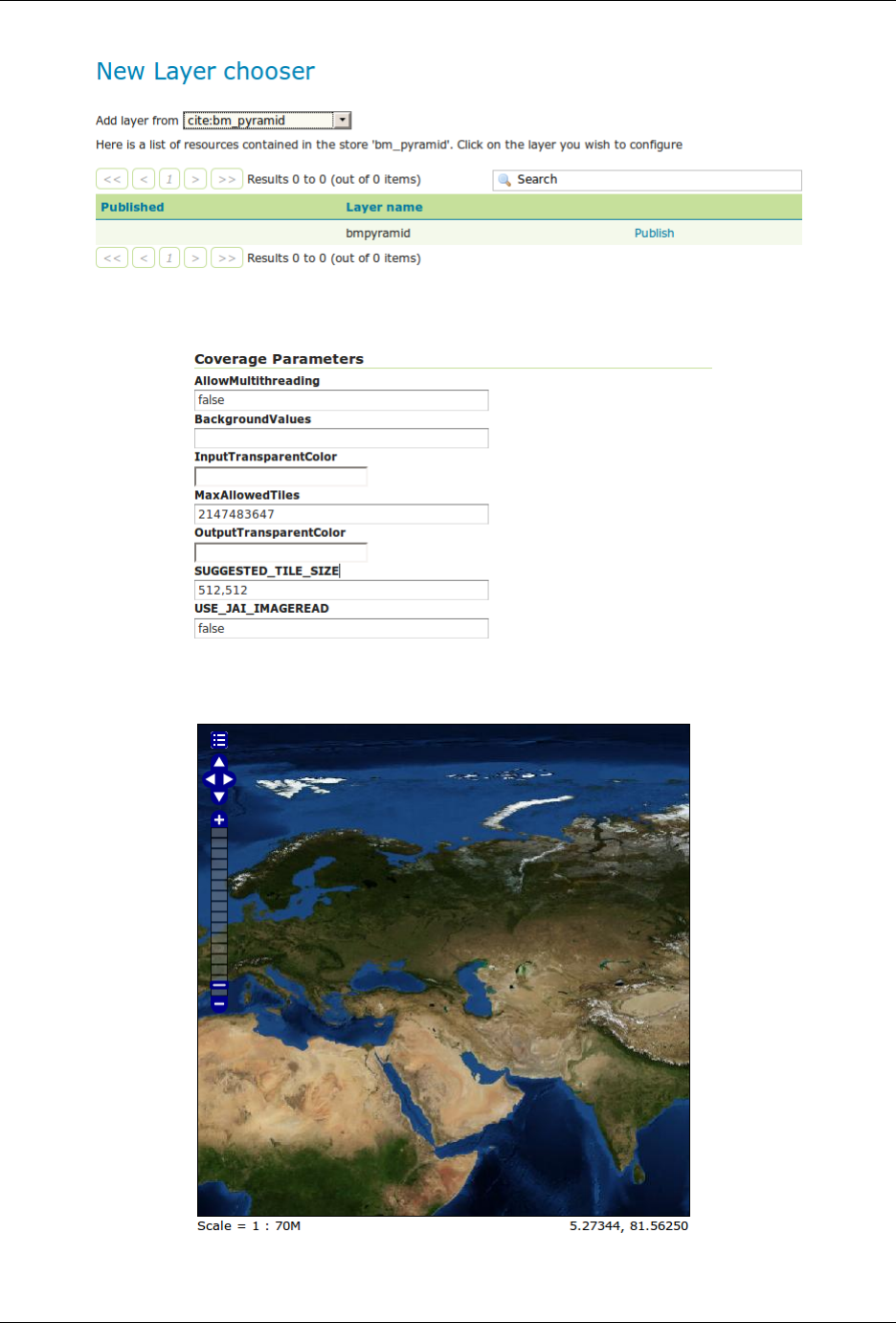
GeoServer User Manual, Release 2.15.1
Fig. 17.29: Choosing the coverage for publishing
Fig. 17.30: Tuning the pyramid parameters
Fig. 17.31: Previewing the pyramid
2032 Chapter 17. Tutorials
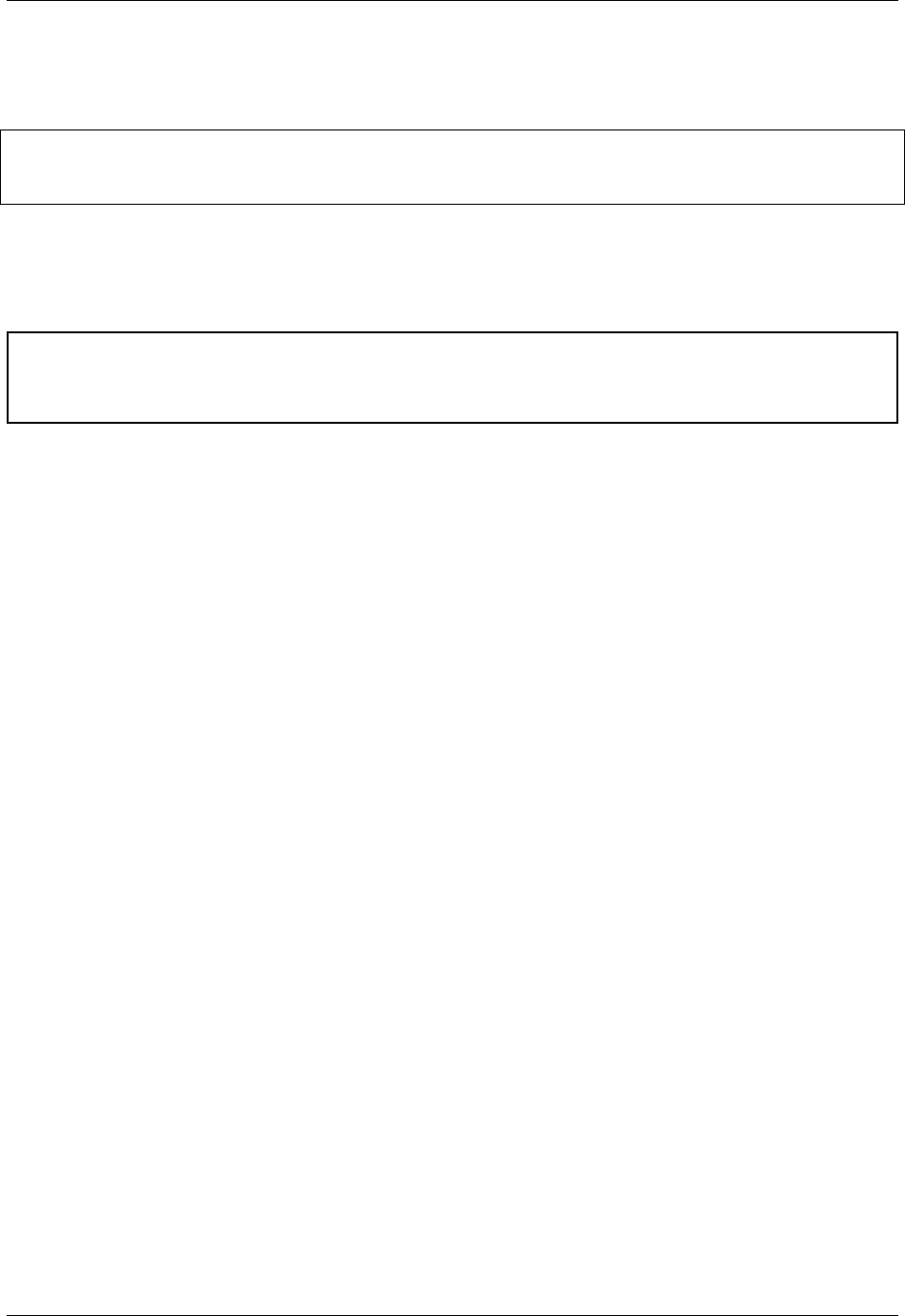
GeoServer User Manual, Release 2.15.1
If the delay is too high the request to create the store will time out and might break the pyramid creation.
So, in case of very big pyramids consider loosing some of the comfort and creating the 0directory and
moving the files by hand:
cd bmpyramid
mkdir 0
mv *.tiff 0
17.13 Storing a coverage in a JDBC database
Warning: The screenshots on this tutorial have not yet been updated for the 2.0.x user interface. But
most all the rest of the information should be valid, and the user interface is roughly the same, but a bit
more easy to use.
17.13.1 Introduction
This tutorial describes the process of storing a coverage along with its pyramids in a jdbc database. The
ImageMosaic JDBC plugin is authored by Christian Mueller and is part of the geotools library.
The full documentation is available here:http://docs.geotools.org/latest/userguide/library/coverage/
jdbc/index.html
This tutorial will show one possible scenario, explaining step by step what to do for using this module in
GeoServer (since Version 1.7.2)
17.13.2 Getting Started
We use postgis/postgres as database engine, a database named “gis” and start with an image from open-
streetmap. We also need this utility http://www.gdal.org/gdal_retile.html . The best way to install with
all dependencies is downloading from here http://fwtools.maptools.org/
17.13. Storing a coverage in a JDBC database 2033
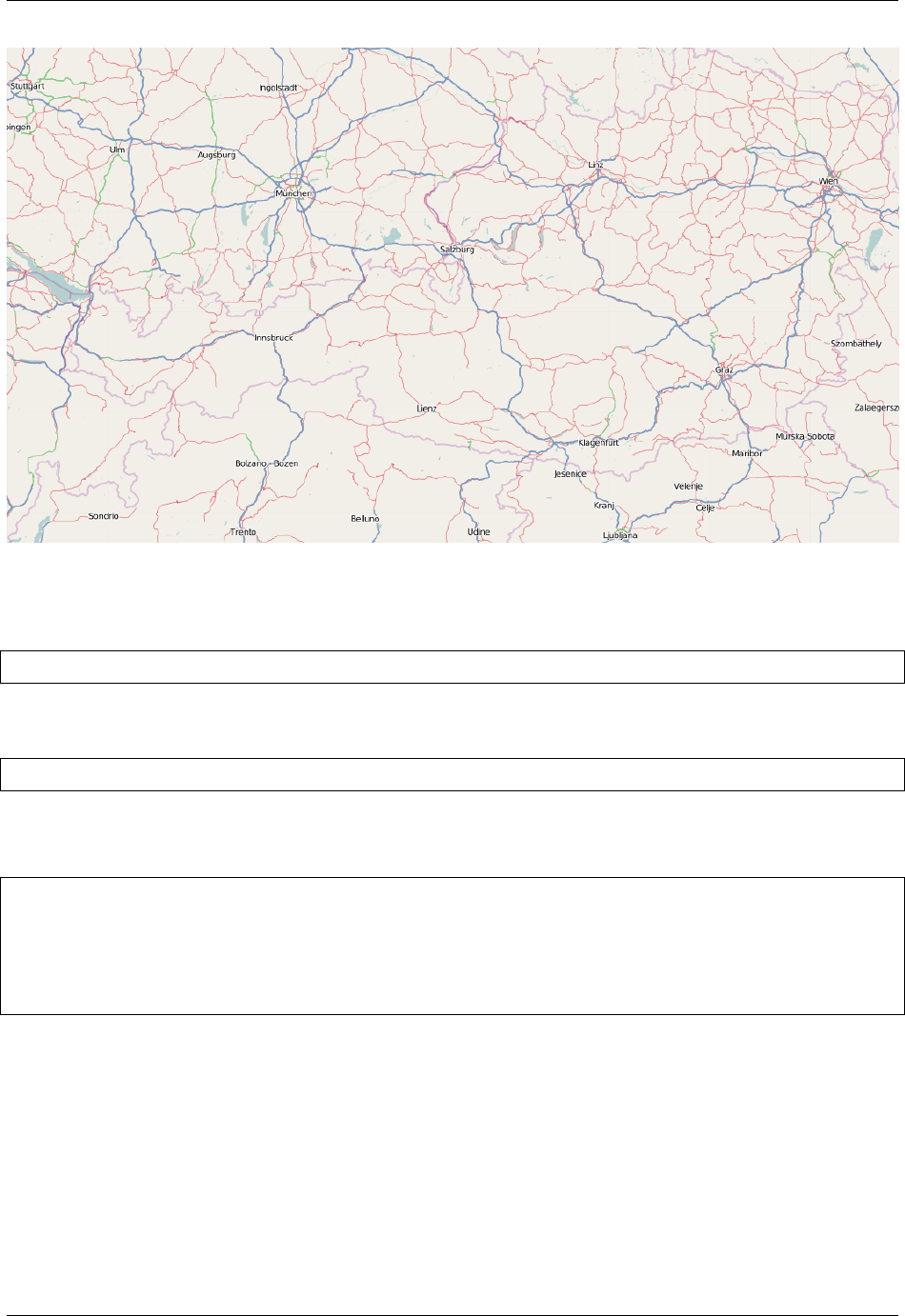
GeoServer User Manual, Release 2.15.1
Create a working directory, lets call it working ,download this image with a right mouse click (Image save
as . . . ) and save it as start_rgb.png
Check your image with:
gdalinfo start_rgb.png
This image has 4 Bands (Red,Green,Blue,Alpha) and needs much memory. As a rule, it is better to use
images with a color table. We can transform with rgb2pct (rgb2pct.py on Unix).:
rgb2pct -of png start_rgb.png start.png
Compare the sizes of the 2 files.
Afterwards, create a world file start.wld in the working directory with the following content.:
0.0075471698
0.0000000000
0.0000000000
-0.0051020408
8.9999995849
48.9999999796
17.13.3 Preparing the pyramids and the tiles
If you are new to tiles and pyramids, take a quick look here http://northstar-www.dartmouth.edu/doc/
idl/html_6.2/Image_Tiling.html
17.13.4 How many pyramids are needed ?
Lets do a simple example. Given an image with 1024x1024 pixels and a tile size with 256x256 pixels.We can
calculate in our brain that we need 16 tiles. Each pyramid reduces the number of tiles by a factor of 4. The
2034 Chapter 17. Tutorials
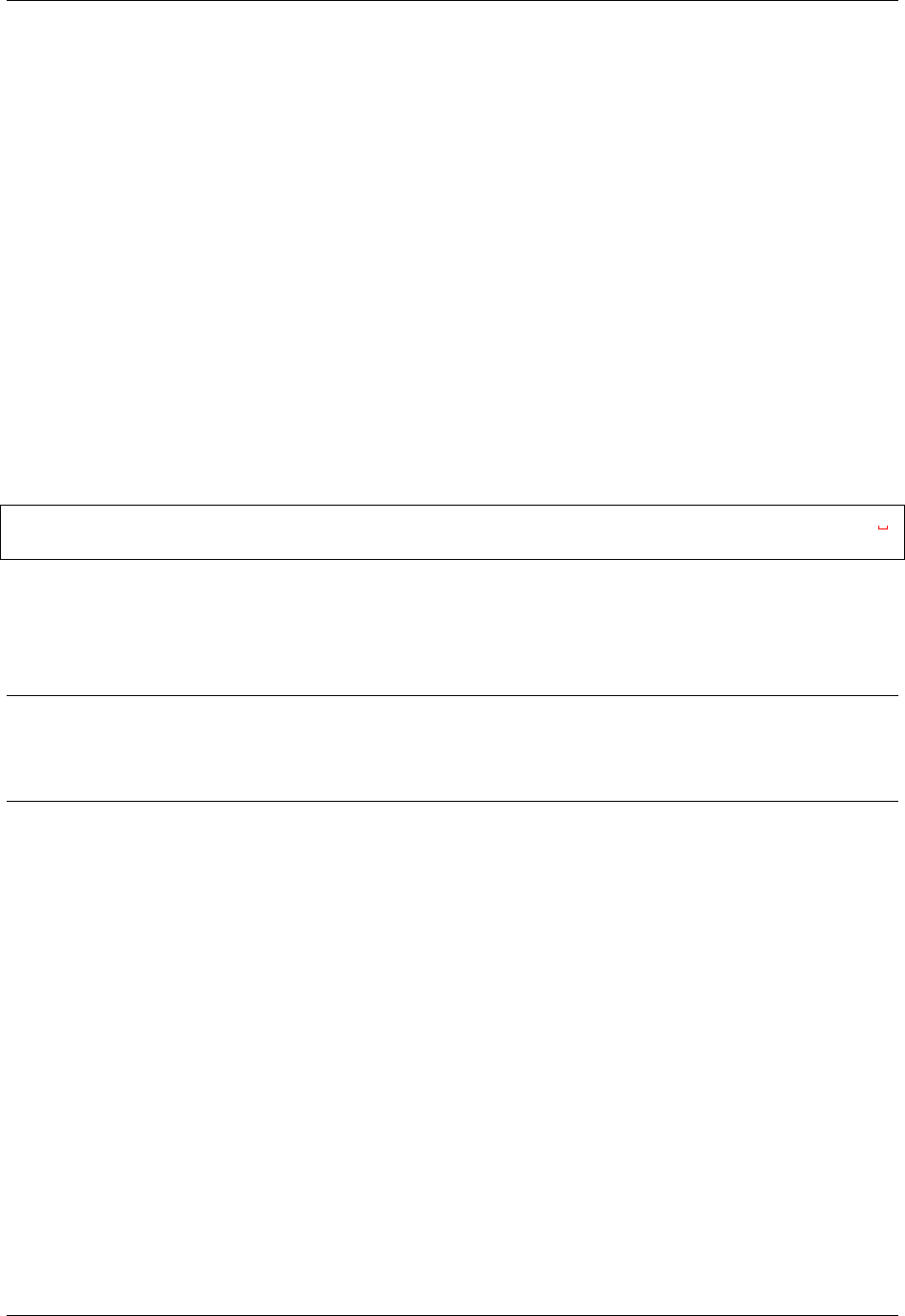
GeoServer User Manual, Release 2.15.1
first pyramid has 16/4 = 4 tiles, the second pyramid has only 4/4 = 1 tile.
Solution: The second pyramid fits on one tile, we are finished and we need 2 pyramids.
The formula for this:
number of pyramids = log(pixelsize of image) / log(2) - log (pixelsize of tile) / log(2).
Try it: Go to Google and enter as search term “log(1024)/log(2) - log(256)/log(2)” and look at the result.
If your image is 16384 pixels , and your tile size is 512 pixels, it is
log(16384)/log(2) - log(512)/log(2) = 5
If your image is 18000 pixels, the result = 5.13570929. Thake the floor and use 5 pyramids. Remember, the
last pyramid reduces 4 tiles to 1 tile, so this pyramid is not important.
If your image is 18000x12000 pixel, use the bigger dimension (18000) for the formula.
For creating pyramids and tiles, use http://www.gdal.org/gdal_retile.html from the gdal project.
The executeable for Windows users is gdal_retile.bat or only gdal_retile, Unix users call
gdal_retile.py
Create a subdirectory tiles in your working directory and execute within the working directory:
gdal_retile -co "WORLDFILE=YES" -r bilinear -ps 128 128 -of PNG -levels 2-targetDir
,→tiles start.png
What is happening ? We tell gdal_retile to create world files for our tiles (-co “WORLDFILE=YES”), use
bilinear interpolation (-r bilinear), the tiles are 128x128 pixels in size (-ps 128 128) , the image format should
be PNG (-of PNG), we need 2 pyramid levels (-levels 2) ,the directory for the result is tiles (-targetDir
tiles) and the source image is start.png.
Note: A few words about the tile size. 128x128 pixel is proper for this example. Do not use such small sizes
in a production environment. A size of 256x256 will reduce the number of tiles by a factor of 4, 512x512 by
a factor of 16 and so on. Producing too much tiles will degrade performance on the database side (large
tables) and will also raise cpu usage on the client side ( more image operations).
Now you should have the following directories
•working containing start.png ,start.wld and a subdirectory tiles.
•working/tiles containing many *.png files and associated *.wld files representing the tiles of
start.png
•working/tiles/1 containing many *.png files and associated *.wld files representing the tiles of
the first pyramid
•working/tiles/2 containing many *.png files and associated *.wld files representing the tiles of
the second pyramid
17.13.5 Configuring the new map
The configuration for a map is done in a xml file. This file has 3 main parts.
1. The connect info for the jdbc driver
2. The mapping info for the sql tables
3. Configuration data for the map
17.13. Storing a coverage in a JDBC database 2035
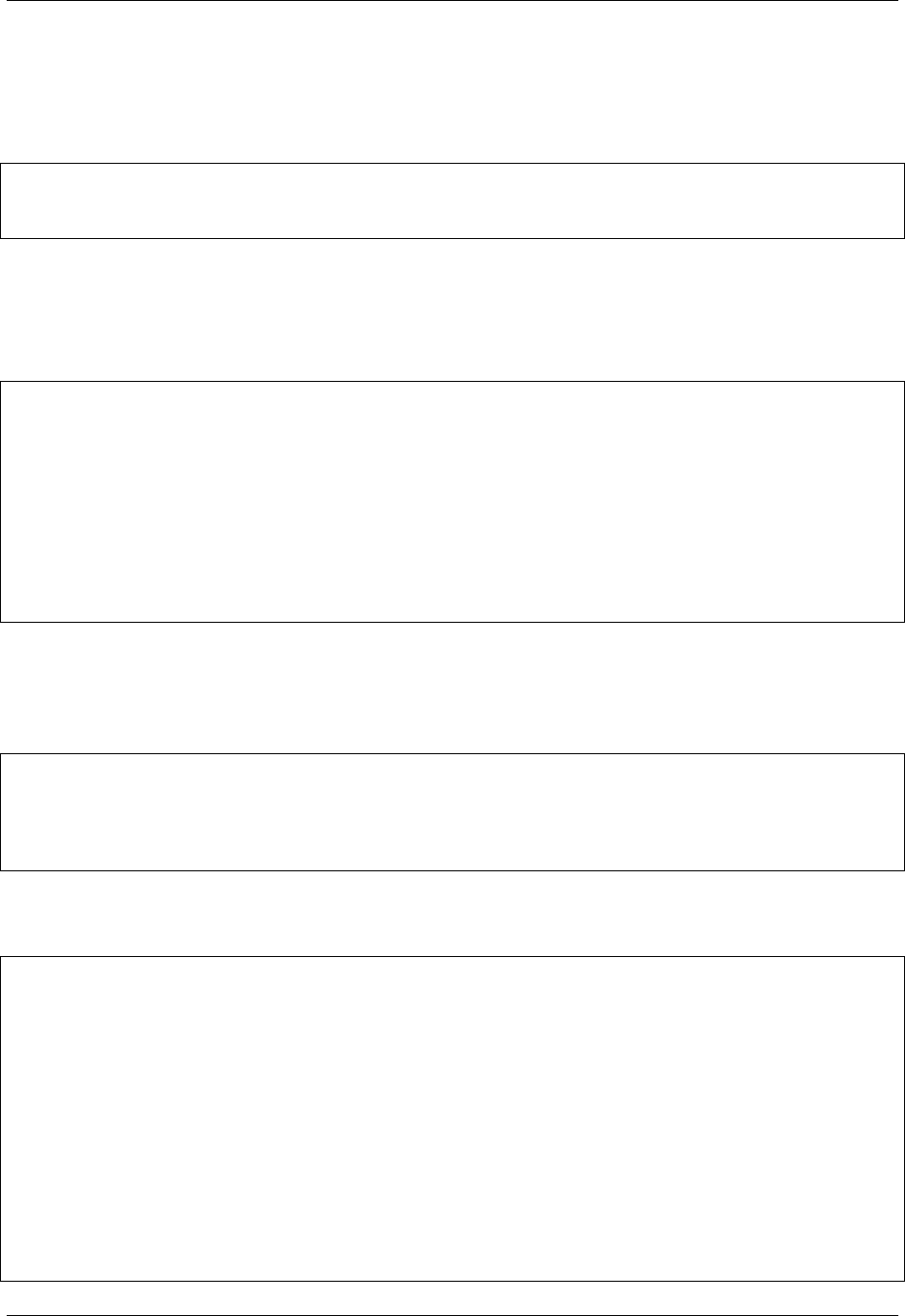
GeoServer User Manual, Release 2.15.1
Since the jdbc connect info and the sql mapping may be reused by more than one map, the best practice is
to create xml fragments for both of them and to use xml entity references to include them into the map xml.
First, find the location of the GEOSERVER_DATA_DIR. This info is contained in the log file when starting
GeoServer.:
----------------------------------
-GEOSERVER_DATA_DIR: /home/mcr/geoserver-1.7.x/1.7.x/data/release
----------------------------------
Put all configuration files into the coverages subdirectory of your GeoServer data directory. The location
in this example is
/home/mcr/geoserver-1.7.x/1.7.x/data/release/coverages
1. Create a file connect.postgis.xml.inc with the following content
<connect>
<!-- value DBCP or JNDI -->
<dstype value="DBCP"/>
<!-- <jndiReferenceName value=""/> -->
<username value="postgres" />
<password value="postgres" />
<jdbcUrl value="jdbc:postgresql://localhost:5432/gis" />
<driverClassName value="org.postgresql.Driver"/>
<maxActive value="10"/>
<maxIdle value="0"/>
</connect>
The jdbc user is “postgres”, the password is “postgres”, maxActive and maxIdle are parameters of the
apache connection pooling, jdbcUrl and driverClassName are postgres specific. The name of the database
is “gis”.
If you deploy GeoServer into a J2EE container capable of handling jdbc data sources, a better approach is
<connect>
<!-- value DBCP or JNDI -->
<dstype value="JNDI"/>
<jndiReferenceName value="jdbc/mydatasource"/>
</connect>
For this tutorial, we do not use data sources provided by a J2EE container.
2. The next xml fragment to create is mapping.postgis.xml.inc
<!-- possible values: universal,postgis,db2,mysql,oracle -->
<spatialExtension name="postgis"/>
<mapping>
<masterTable name="mosaic" >
<coverageNameAttribute name="name"/>
<maxXAttribute name="maxX"/>
<maxYAttribute name="maxY"/>
<minXAttribute name="minX"/>
<minYAttribute name="minY"/>
<resXAttribute name="resX"/>
<resYAttribute name="resY"/>
<tileTableNameAtribute name="TileTable" />
<spatialTableNameAtribute name="SpatialTable" />
</masterTable>
<tileTable>
2036 Chapter 17. Tutorials
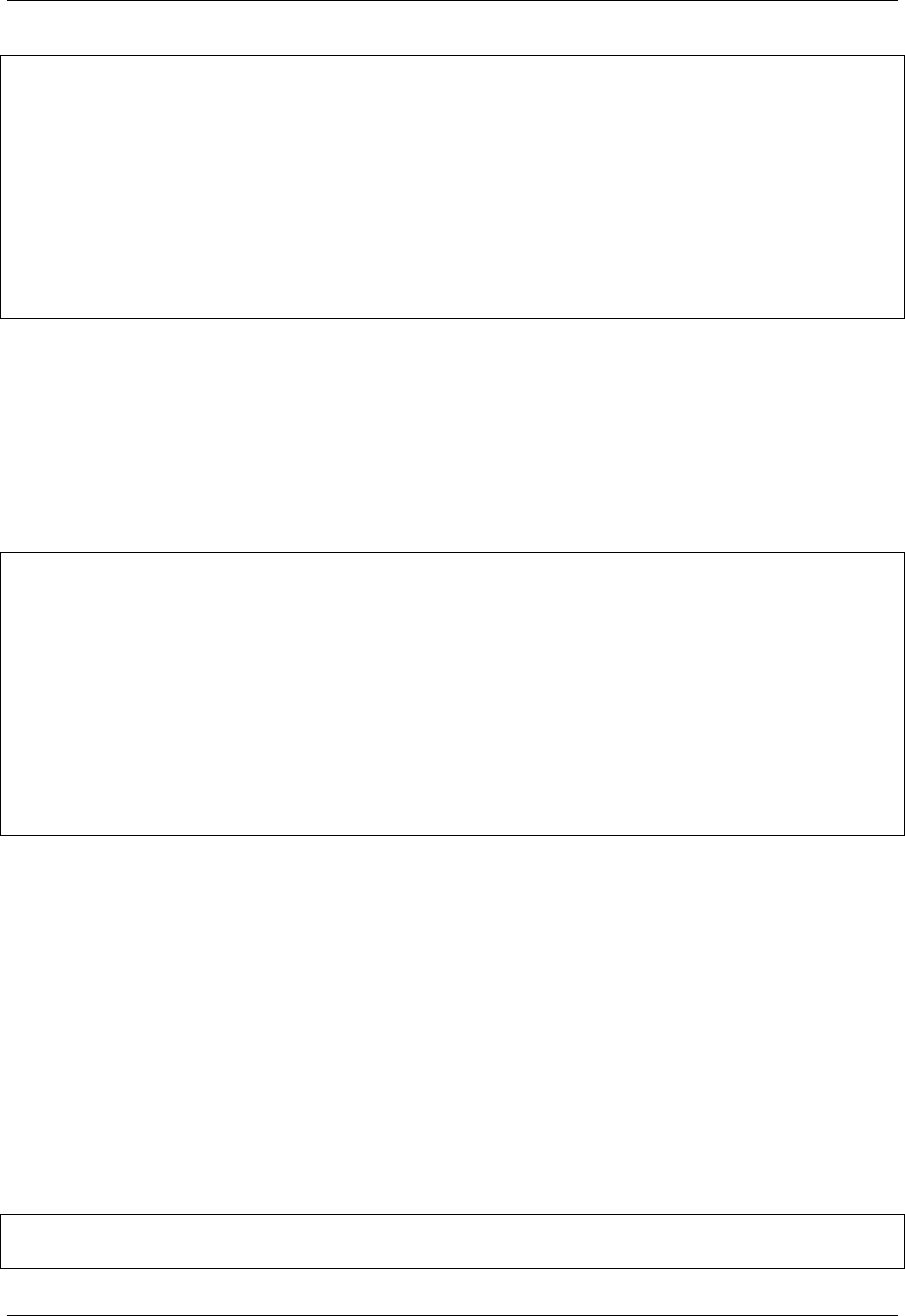
GeoServer User Manual, Release 2.15.1
<blobAttributeName name="data" />
<keyAttributeName name="location" />
</tileTable>
<spatialTable>
<keyAttributeName name="location" />
<geomAttributeName name="geom" />
<tileMaxXAttribute name="maxX"/>
<tileMaxYAttribute name="maxY"/>
<tileMinXAttribute name="minX"/>
<tileMinYAttribute name="minY"/>
</spatialTable>
</mapping>
The first element <spatialExtension> specifies which spatial extension the module should use. “uni-
versal” means that there is no spatial db extension at all, meaning the tile grid is not stored as a geometry,
using simple double values instead.
This xml fragment describes 3 tables, first we need a master table where information for each pyramid level
is saved. Second and third, the attribute mappings for storing image data, envelopes and tile names are
specified. To keep this tutorial simple, we will not further discuss these xml elements. After creating the
sql tables things will become clear.
3. Create the configuration xml osm.postgis.xml for the map (osm for “open street map”)
<?xml version="1.0" encoding="UTF-8" standalone="no"?>
<!DOCTYPE ImageMosaicJDBCConfig [
<!ENTITY mapping PUBLIC "mapping" "mapping.postgis.xml.inc">
<!ENTITY connect PUBLIC "connect" "connect.postgis.xml.inc">]>
<config version="1.0">
<coverageName name="osm"/>
<coordsys name="EPSG:4326"/>
<!-- interpolation 1 = nearest neighbour, 2 = bilinear, 3 = bicubic -->
<scaleop interpolation="1"/>
<verify cardinality="false"/>
&mapping;
&connect;
</config>
This is the final xml configuration file, including our mapping and connect xml fragment. The coverage
name is “osm”, CRS is EPSG:4326. <verify cardinality="false"> means no check if the number of
tiles equals the number of rectangles stored in the db. (could be time consuming in case of large tile sets).
This configuration is the hard stuff, now, life becomes easier :-)
17.13.6 Using the java ddl generation utility
The full documentation is here: http://docs.geotools.org/latest/userguide/library/coverage/jdbc/ddl.
html
To create the proper sql tables, we can use the java ddl generation utility. This utility is included in the
gt-imagemosaic-jdbc-version.jar. Assure that this jar file is in your WEB-INF/lib directory of
your GeoServer installation.
Change to your working directory and do a first test:
java -jar <your_geoserver_install_dir>/webapps/geoserver/WEB-INF/lib/gt-imagemosaic-
,→jdbc-{version}.jar
17.13. Storing a coverage in a JDBC database 2037
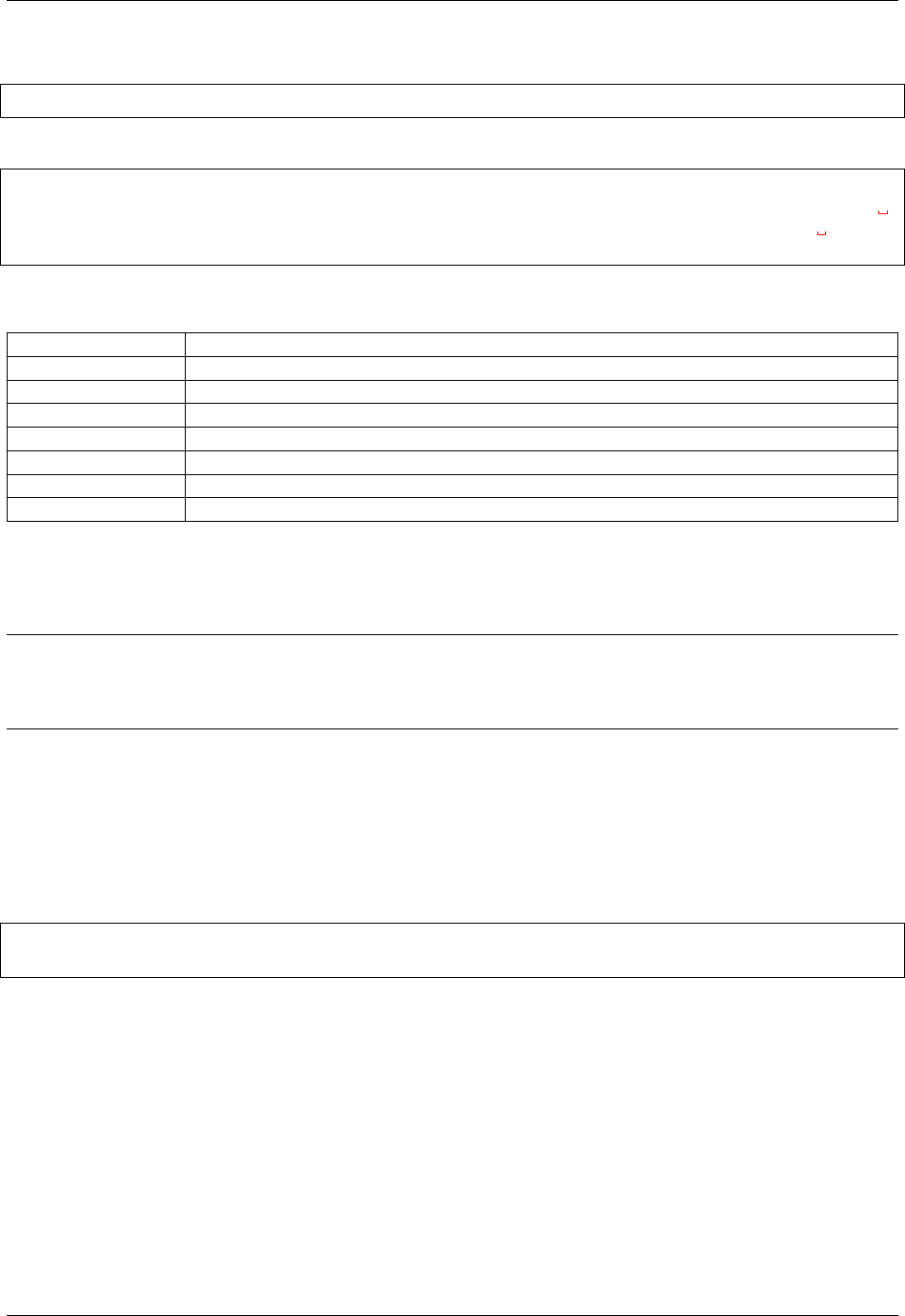
GeoServer User Manual, Release 2.15.1
The reply should be:
Missing cmd import |ddl
Create a subdirectory sqlscripts in your working directory. Within the working directory, execute:
java -jar <your_geoserver_install_dir>/webapps/geoserver/WEB-INF/lib/gt-imagemosaic-
,→jdbc-{version}.jar ddl -config <your geoserver data dir >/coverages/osm.postgis.xml
,→-spatialTNPrefix tileosm -pyramids 2-statementDelim ";" -srs 4326 -targetDir
,→sqlscripts
Explanation of parameters
parameter description
ddl create ddl statements
-config the file name of our osm.postgis.xml file
-pyramids number of pyramids we want
-statementDelim The SQL statement delimiter to use
-srs The db spatial reference identifier when using a spatial extension
-targetDir output directory for the scripts
-spatialTNPrefix A prefix for tablenames to be created.
In the directory working/sqlscripts you will find the following files after execution:
createmeta.sql dropmeta.sql add_osm.sql remove_osm.sql
Note: IMPORTANT:
Look into the files createmeta.sql and add_osm.sql and compare them with the content of mapping.
postgis.xml.inc. If you understand this relationship, you understand the mapping.
The generated scripts are only templates, it is up to you to modify them for better performance or other
reasons. But do not break the relationship to the xml mapping fragment.
17.13.7 Executing the DDL scripts
For user “postgres”, databae “gis”, execute in the following order:
psql -U postgres -d gis -f createmeta.sql
psql -U postgres -d gis -f add_osm.sql
To clean your database, you can execute remove_osm.sql and dropmeta.sql after finishing the tutorial.
17.13.8 Importing the image data
The full documentation is here: http://docs.geotools.org/latest/userguide/library/coverage/jdbc/ddl.
html
First, the jdbc jar file has to be in the lib/ext directory of your java runtime. In my case I had to copy
postgresql-8.1-407.jdbc3.jar.
Change to the working directory and execute:
2038 Chapter 17. Tutorials
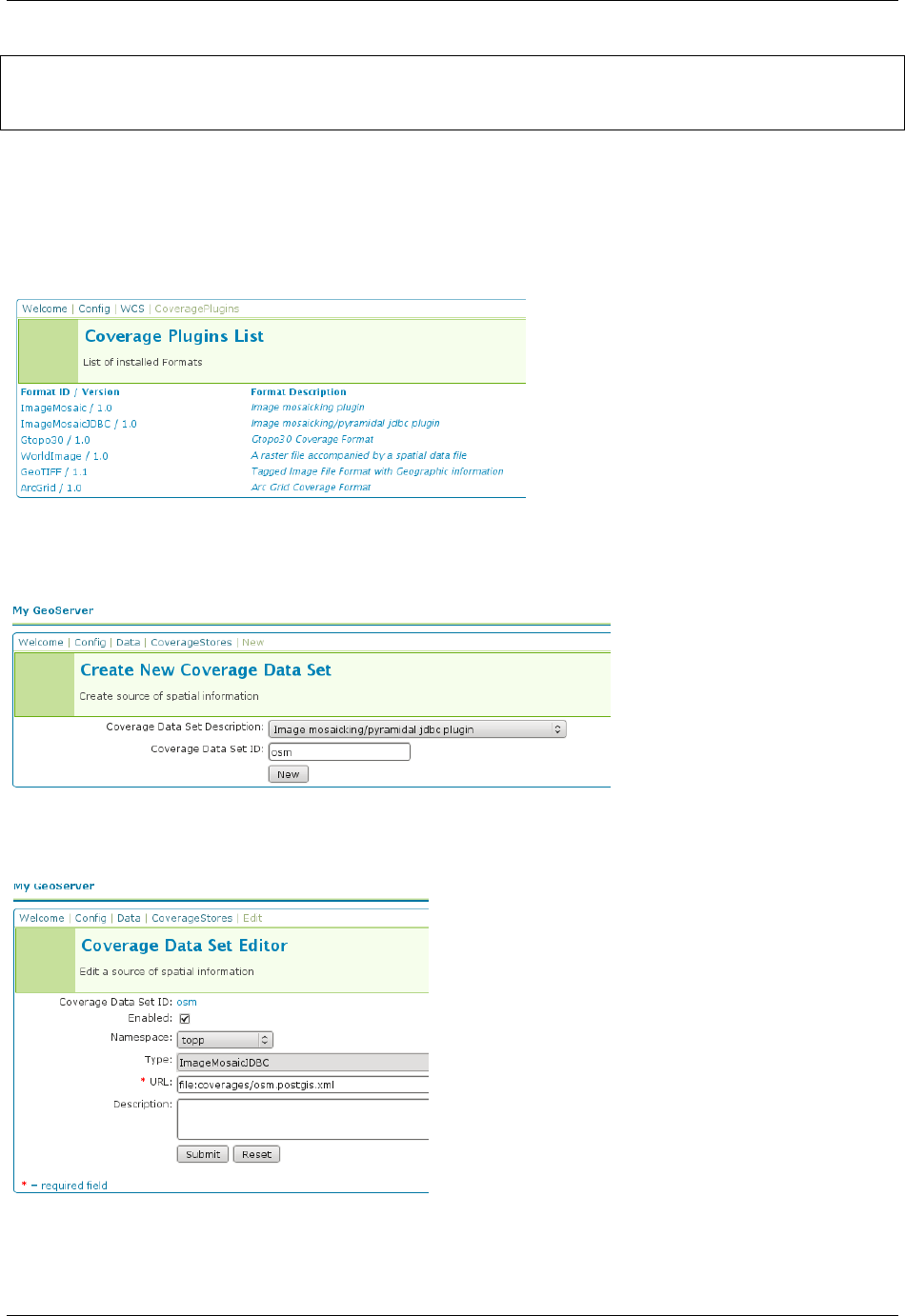
GeoServer User Manual, Release 2.15.1
java -jar <your_geoserver_install_dir>/webapps/geoserver/WEB-INF/lib/gt-imagemosaic-
,→jdbc-{version}.jar import -config <your geoserver data dir>/coverages/osm.postgis.
,→xml -spatialTNPrefix tileosm -tileTNPrefix tileosm -dir tiles -ext png
This statement imports your tiles including all pyramids into your database.
17.13.9 Configuring GeoServer
Start GeoServer and log in.Under Config →WCS →CoveragePlugins you should see
If there is no line starting with “ImageMosaicJDBC”, the gt-imagemosiac-jdbc-version.jar file is
not in your WEB-INF/lib folder. Go to Config→Data→CoverageStores→New and fill in the formular
Press New and fill in the formular
Press Submit.
17.13. Storing a coverage in a JDBC database 2039
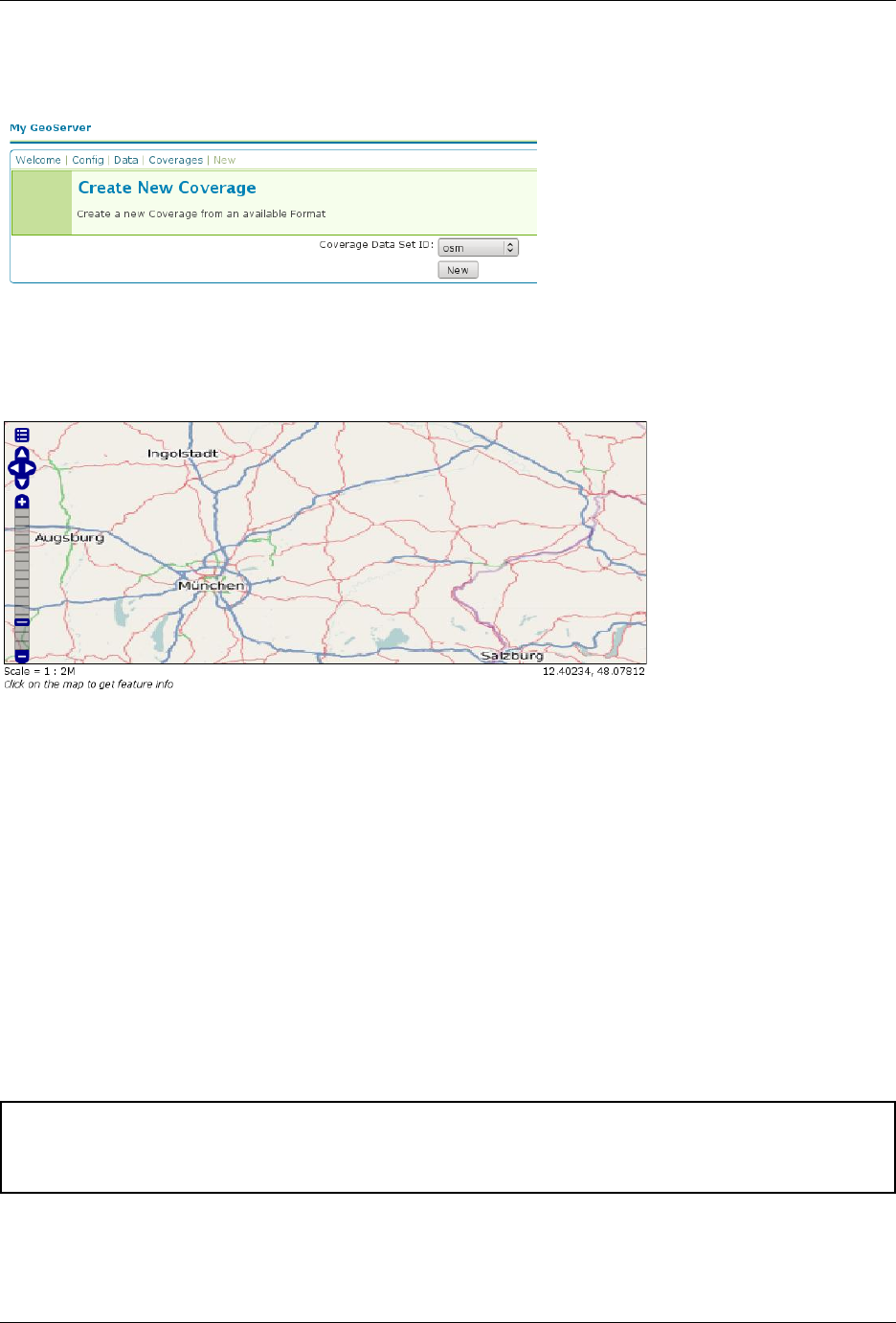
GeoServer User Manual, Release 2.15.1
Press Apply, then Save to save your changes.
Next select Config→Data→Coverages→New and select “osm”.
Press New and you will enter the Coverage Editor. Press Submit,Apply and Save.
Under Welcome→Demo→Map Preview you will find a new layer “topp:osm”. Select it and see the results
If you think the image is stretched, you are right. The reason is that the original image is georeferenced
with EPSG:900913, but there is no support for this CRS in postigs (at the time of this writing). So I used
EPSG:4326. For the purpose of this tutorial, this is ok.
17.13.10 Conclusion
There are a lot of other configuration possibilities for specific databases. This tutorial shows a quick cook-
book to demonstrate some of the features of this module. Follow the links to the full documentation to dig
deeper, especially if you are concerned about performance and database design.
If there is something which is missing, proposals are welcome.
17.14 Using the GeoTools feature-pregeneralized module
Warning: The screenshots on this tutorial have not yet been updated for the 2.0.x user interface. But
most all the rest of the information should be valid, and the user interface is roughly the same, but a bit
more easy to use.
2040 Chapter 17. Tutorials
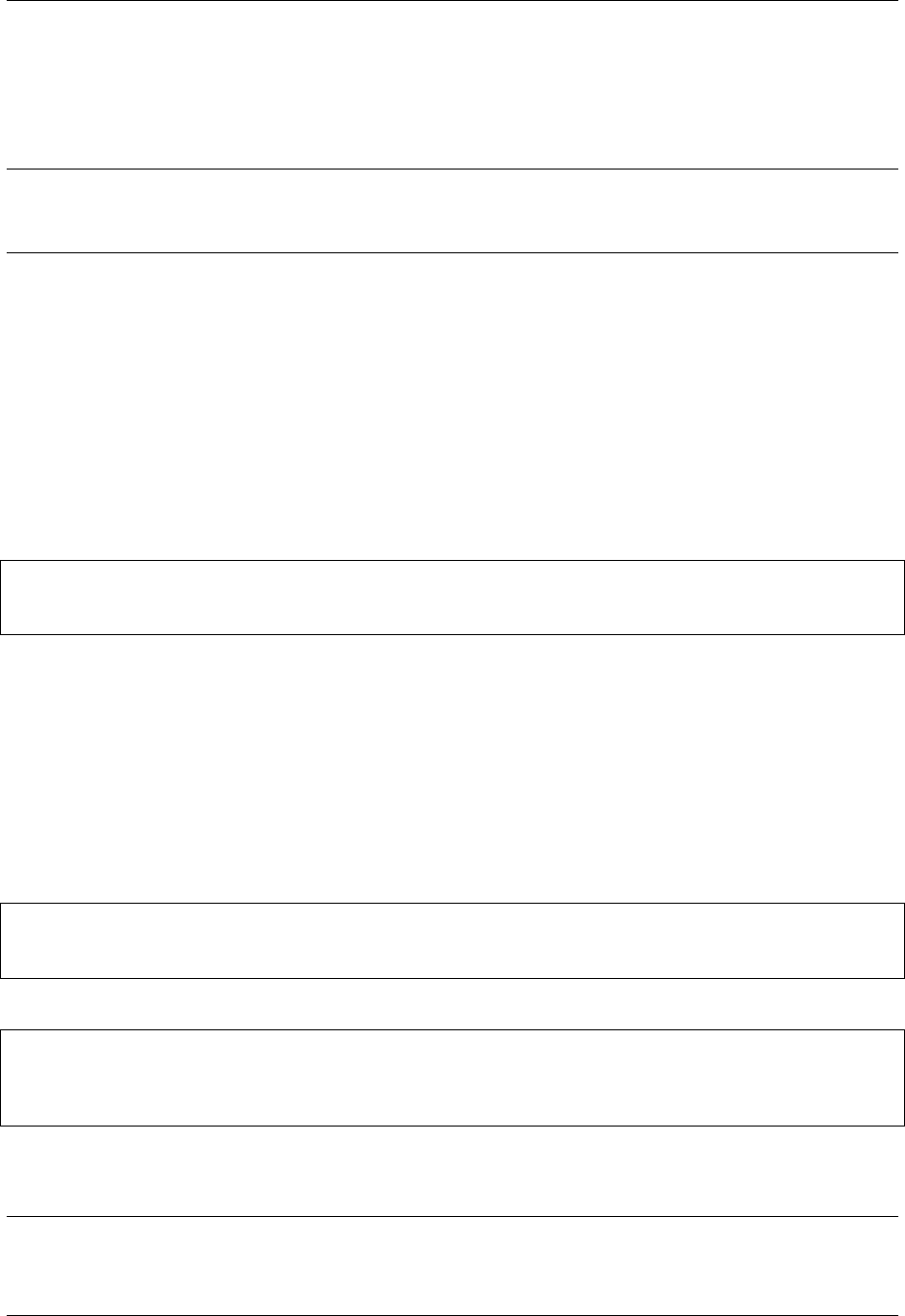
GeoServer User Manual, Release 2.15.1
17.14.1 Introduction
This tutorial shows how to use the geotools feature-pregeneralized module in GeoServer. The feature-
pregeneralized module is used to improve performance and lower memory usage and IO traffic.
Note: Vector generalization reduces the number of vertices of a geometry for a given purpose. It makes no
sense drawing a polygon with 500000 vertices on a screen. A much smaller number of vertices is enough to
draw a topological correct picture of the polygon.
This module needs features with already generalized geometries, selecting the best fit geometry on demand.
The full documentation is available here:http://docs.geotools.org/latest/userguide/library/data/
pregeneralized.html
This tutorial will show two possible scenarios, explaining step by step what to do for using this module in
GeoServer.
17.14.2 Getting Started
First, find the location of the GEOSERVER_DATA_DIR. This info is contained in the log file when starting
GeoServer.:
----------------------------------
-GEOSERVER_DATA_DIR: /home/mcr/geoserver-1.7.x/1.7.x/data/release
----------------------------------
Within this directory, we have to place the shape files. There is already a sub directory data which will be
used. Within this sub directory, create a directory streams.
Within GEOSERVER_DATA_DIR/data/streams create another sub directory called 0. ( 0 meaning “no
generalized geometries”).
This tutorial is based on on a shape file, which you can download from here Streams. Unzip this file into
GEOSERVER_DATA_DIR/data/streams/0.
Look for the WEB-INF/lib/ directory of your GeoServer installation. There must be a file called
gt-feature-pregeneralized-version-jar. This jar file includes a tool for generalizing shape files.
Open a cmd line and execute the following:
cd <GEOSERVER_DATA_DIR>/data/streams/0
java -jar <GEOSERVER_INSTALLATION>/WEB-INF/lib/gt-feature-pregeneralized-{version}.
,→jar generalize 0/streams.shp .5,10,20,50
You should see the following output:
Shape file 0/streams.shp
Target directory .
Distances 5,10,20,50
% |################################|
Now there are four additional directories 5.0 ,10.0 ,20.0 ,50.0 . Look at the size of files with the
extension shp within these directories, increasing the generalization distance reduces the file size.
Note: The generalized geometries can be stored in additional properties of a feature or the features can be
duplicated. Mixed variations are also possible. Since we are working with shape files we have to duplicate
17.14. Using the GeoTools feature-pregeneralized module 2041
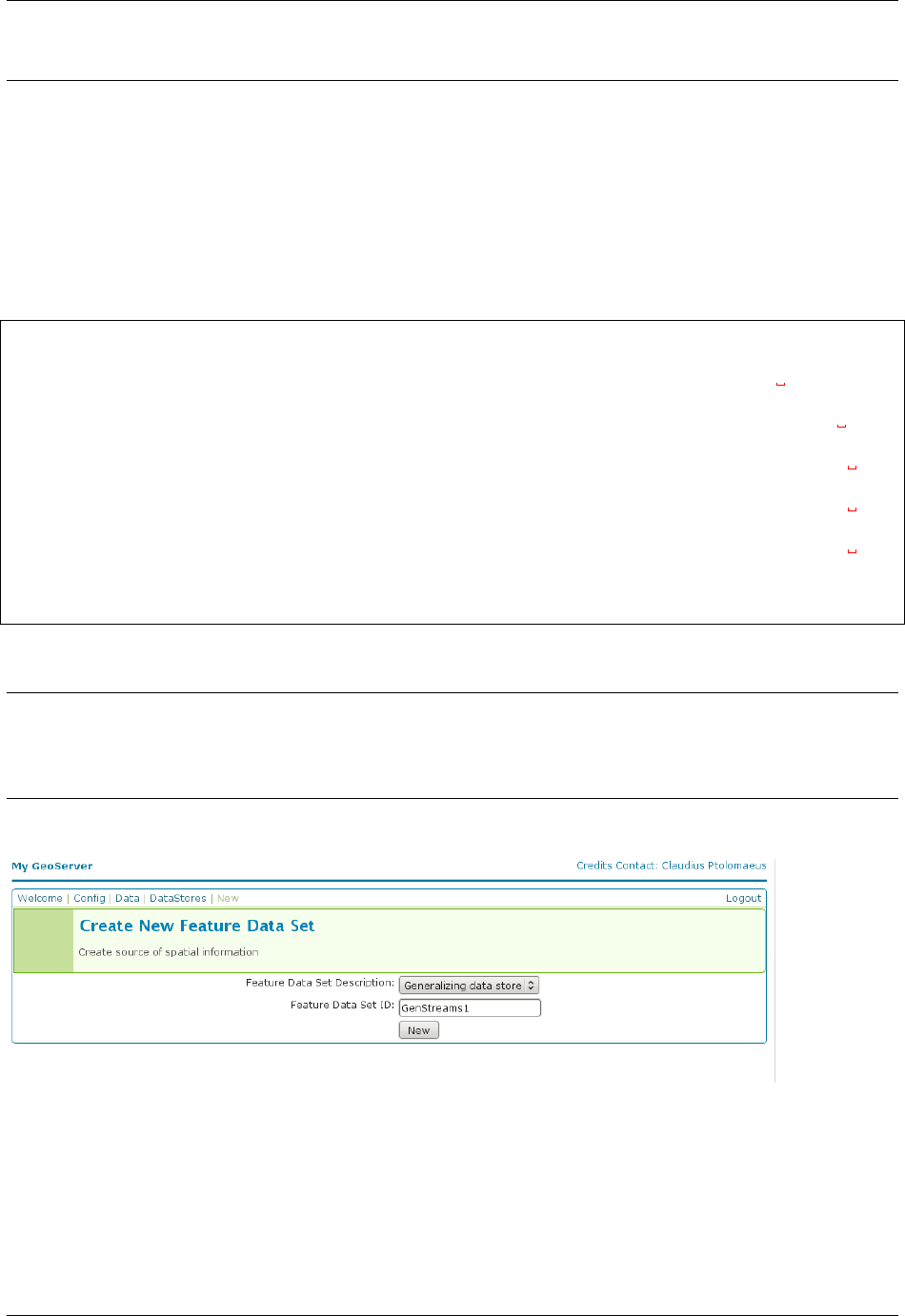
GeoServer User Manual, Release 2.15.1
the features.
There are two possibilities how we can deploy our generalized shape files.
1. Deploy hidden (not visible to the user)
2. Deploy each generalized shape file as a separate GeoServer feature
17.14.3 Hidden Deployment
First we need a XML config file
<?xml version="1.0" encoding="UTF-8"?>
<GeneralizationInfos version="1.0">
<GeneralizationInfo dataSourceName="file:data/streams/0/streams.shp"
,→featureName="GenStreams" baseFeatureName="streams" geomPropertyName="the_geom">
<Generalization dataSourceName="file:data/streams/5.0/streams.shp"
,→distance="5" featureName="streams" geomPropertyName="the_geom"/>
<Generalization dataSourceName="file:data/streams/10.0/streams.shp"
,→distance="10" featureName="streams" geomPropertyName="the_geom"/>
<Generalization dataSourceName="file:data/streams/20.0/streams.shp"
,→distance="20" featureName="streams" geomPropertyName="the_geom"/>
<Generalization dataSourceName="file:data/streams/50.0/streams.shp"
,→distance="50" featureName="streams" geomPropertyName="the_geom"/>
</GeneralizationInfo>
</GeneralizationInfos>
Save this file as geninfo_shapefile.xml into GEOSERVER_DATA_DIR/data/streams.
Note: The dataSourceName attribute in the XML config is not interpreted as a name, it could be the
URL for a shape file or for a property file containing properties for data store creation (e. g. jdbc connect
parameters). Remember, this is a hidden deployment and no names are needed. The only official name is
the value of the attribute featureName in the GeneralizationInfo Element.
Start GeoServer and go to Config→Data→DataStores→New and fill in the form
Press Submit.
The next form you see is
2042 Chapter 17. Tutorials
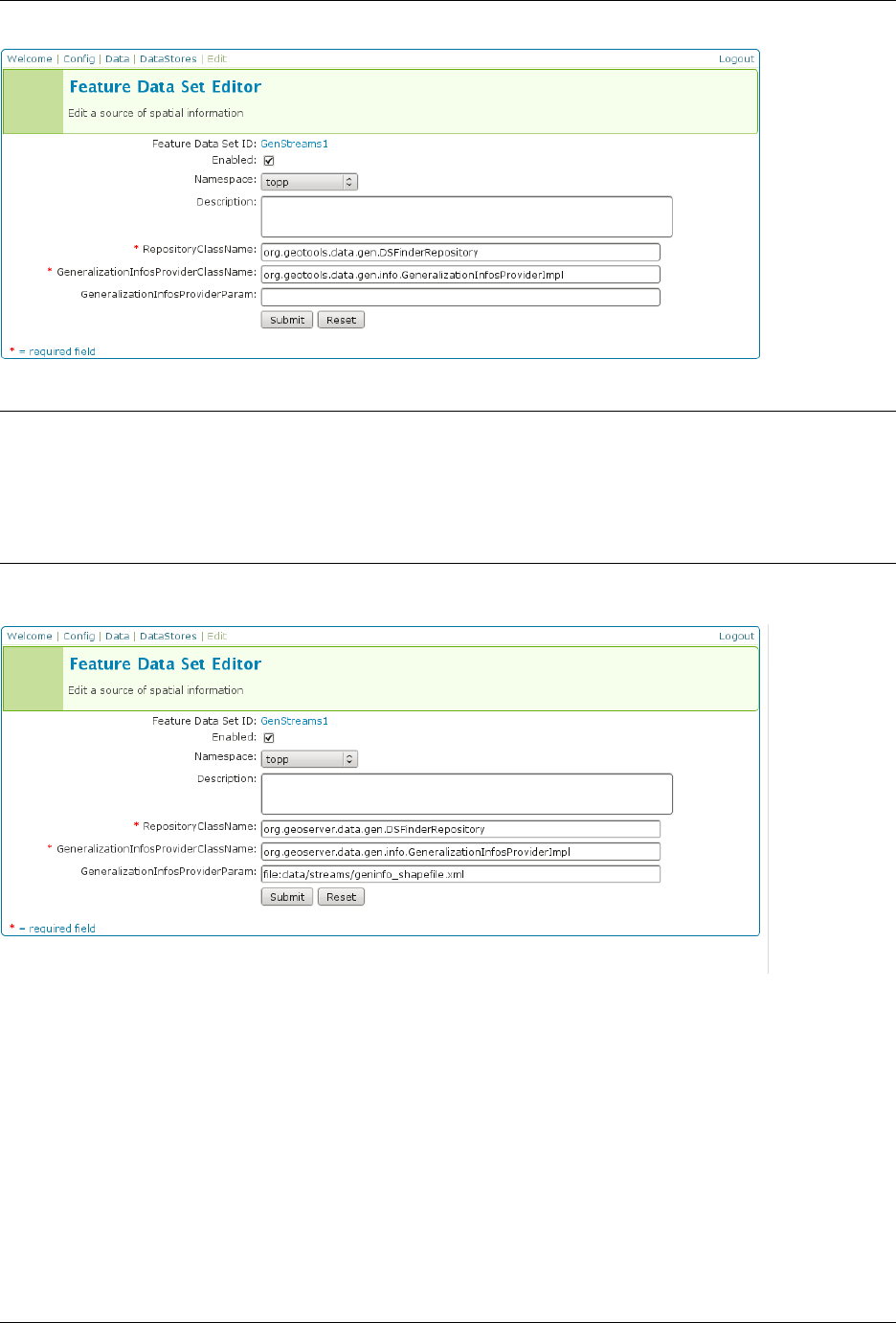
GeoServer User Manual, Release 2.15.1
Note: RepositoryClassName and GeneralizationInfosProviderClassName have default values which
suit for GeoTools, not for GeoServer. Change GeoTools to GeoServer in the package names to instantiate
the correct objects for GeoServer. GeneralizationInfosProviderParam could be an URL or a datastore from
the GeoServer catalog. A datastore is referenced by using workspacename:datastorename. This makes sense if
you have your own implementation for the GeneralizationInfosProvider interface and this implementa-
tion reads the infos from a database.
The configuration should look like this
Press Submit, afterward a form for the feature type opens.
Alter the Style to line,SRS is 26713 and press the Generate button labeled by Bounding Box.
17.14. Using the GeoTools feature-pregeneralized module 2043
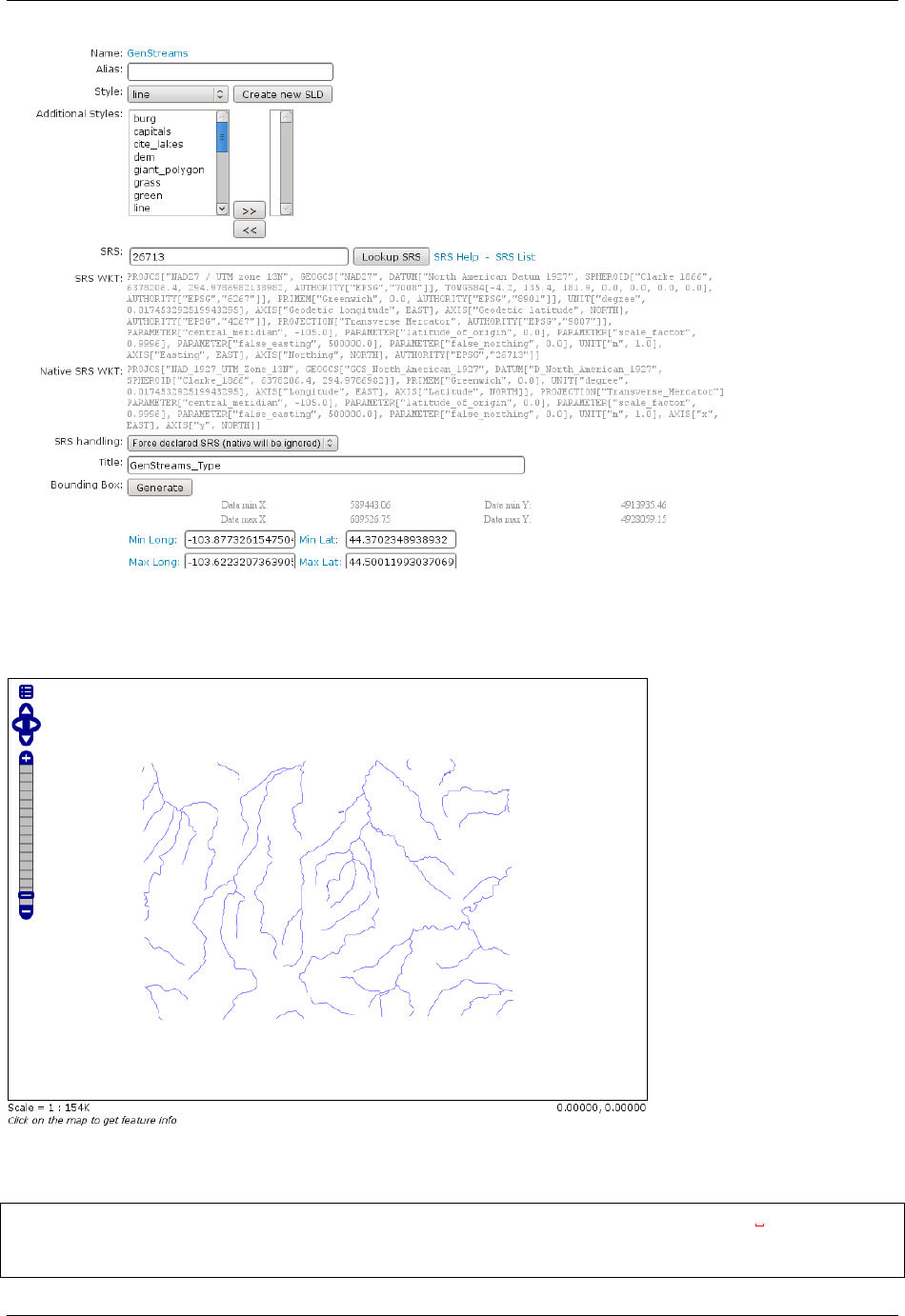
GeoServer User Manual, Release 2.15.1
Afterward, press Submit,Apply and Save.
Examine the result by pressing “My GeoServer,Demo and Map Preview. In this list there must be an entry
topp:GenStreams. Press it and you will see
Now start zooming in and out and look at the log file of GeoServer. If the deployment is correct you should
see something like this:
May 20,2009 4:53:05 PM org.geotools.data.gen.PreGeneralizedFeatureSource
,→logDistanceInfo
INFO: Using generalizsation: file:data/streams/20.0/streams.shp streams the_geom 20.0
2044 Chapter 17. Tutorials
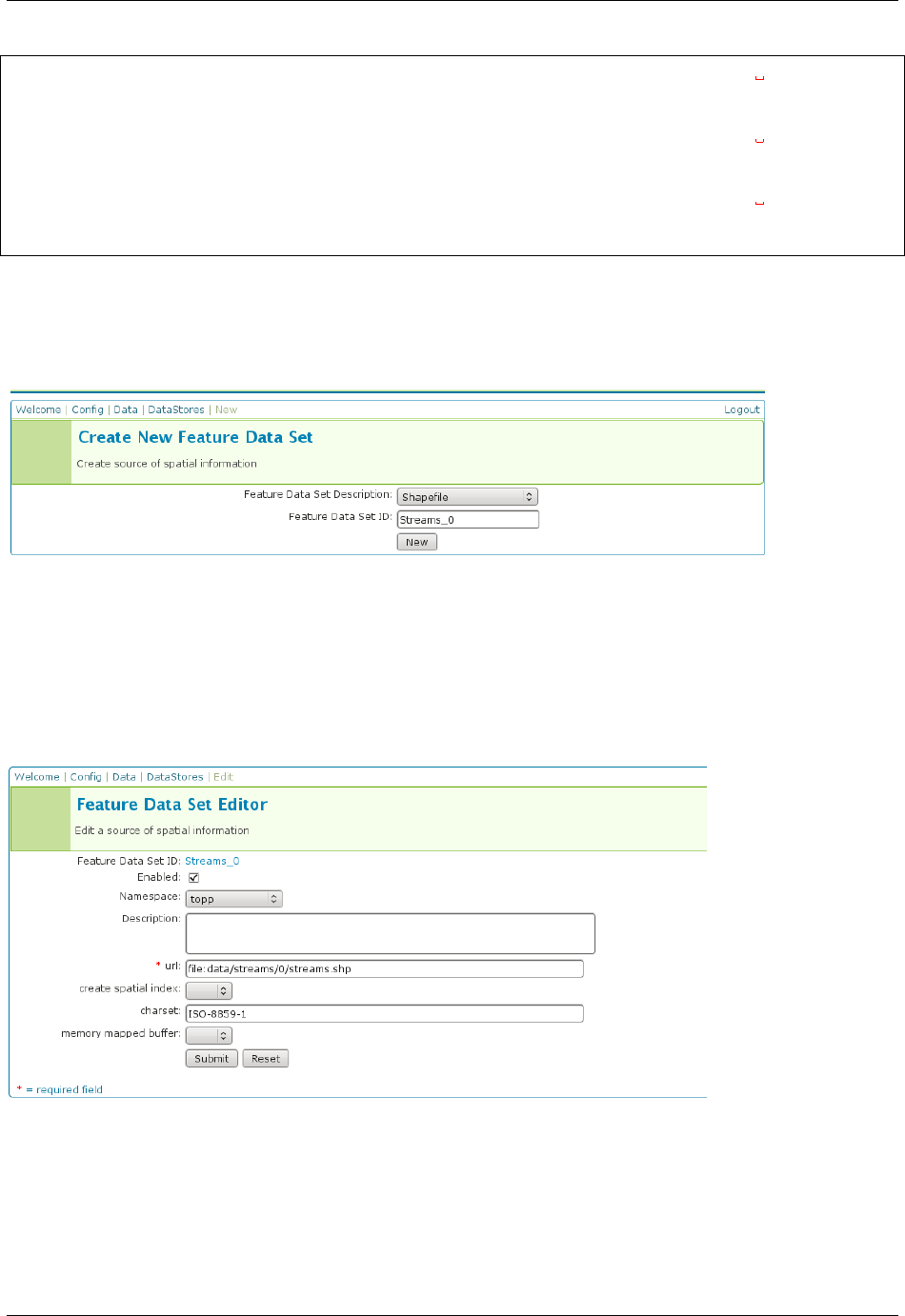
GeoServer User Manual, Release 2.15.1
May 20,2009 4:53:41 PM org.geotools.data.gen.PreGeneralizedFeatureSource
,→logDistanceInfo
INFO: Using generalizsation: file:data/streams/5.0/streams.shp streams the_geom 5.0
May 20,2009 4:54:08 PM org.geotools.data.gen.PreGeneralizedFeatureSource
,→logDistanceInfo
INFO: Using generalizsation: file:data/streams/5.0/streams.shp streams the_geom 5.0
May 20,2009 4:54:09 PM org.geotools.data.gen.PreGeneralizedFeatureSource
,→logDistanceInfo
INFO: Using generalizsation: file:data/streams/20.0/streams.shp streams the_geom 20.0
17.14.4 Public Deployment
First we have to configure all our shape files
The Feature Data Set ID for the other shape files is
1. Streams_5
2. Streams_10
3. Streams_20
4. Streams_50
The URL needed for the other shape files
1. file:data/streams/5.0/streams.shp
2. file:data/streams/10.0/streams.shp
3. file:data/streams/20.0/streams.shp
17.14. Using the GeoTools feature-pregeneralized module 2045

GeoServer User Manual, Release 2.15.1
4. file:data/streams/50.0/streams.shp
Each feature needs an Alias, here it is streams_0. For the other shape files use
1. streams_5
2. streams_10
3. streams_20
4. streams_50
Check the result by pressing My GeoServer,Demo and Map Preview. You should see your additional layers.
No we need another XML configuration file
<?xml version="1.0" encoding="UTF-8"?>
<GeneralizationInfos version="1.0">
<GeneralizationInfo dataSourceNameSpace="topp" dataSourceName="Streams_0"
,→featureName="GenStreams2" baseFeatureName="streams" geomPropertyName="the_geom">
<Generalization dataSourceNameSpace="topp" dataSourceName="Streams_5"
,→distance="5" featureName="streams" geomPropertyName="the_geom"/>
<Generalization dataSourceNameSpace="topp" dataSourceName="Streams_10"
,→distance="10" featureName="streams" geomPropertyName="the_geom"/>
<Generalization dataSourceNameSpace="topp" dataSourceName="Streams_20"
,→distance="20" featureName="streams" geomPropertyName="the_geom"/>
<Generalization dataSourceNameSpace="topp" dataSourceName="Streams_50"
,→distance="50" featureName="streams" geomPropertyName="the_geom"/>
</GeneralizationInfo>
</GeneralizationInfos>
Save this file as geninfo_shapefile2.xml into GEOSERVER_DATA_DIR/data/streams.
Create the pregeneralized datastore
2046 Chapter 17. Tutorials
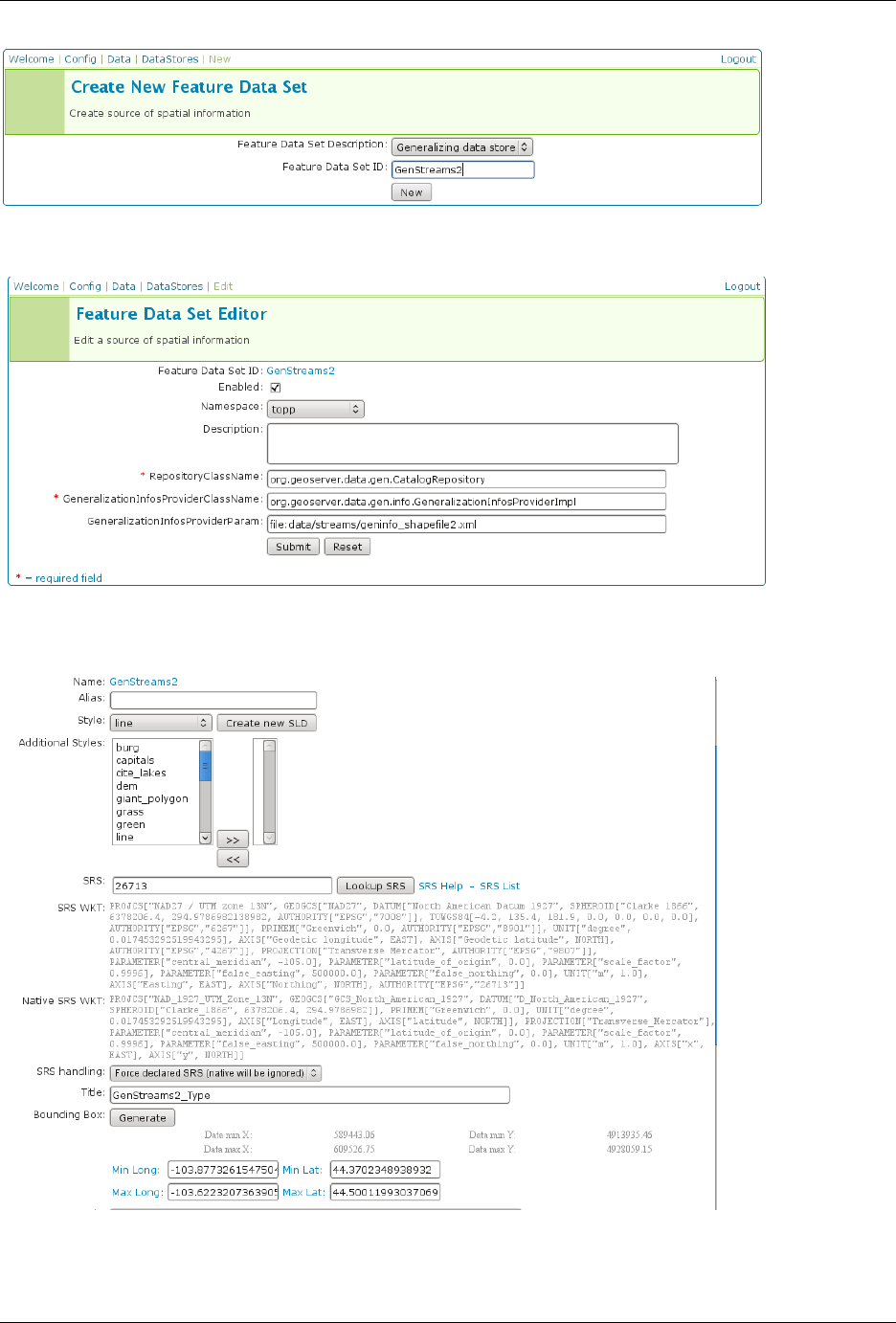
GeoServer User Manual, Release 2.15.1
Now we use the CatalogRepository class to find our needed data stores
Last step
In the Map Preview you should find topp:GenStreams2 and all other generalizations. Test in the same
manner we discussed in the hidden deployment and you should see something like this in the GeoServer
17.14. Using the GeoTools feature-pregeneralized module 2047
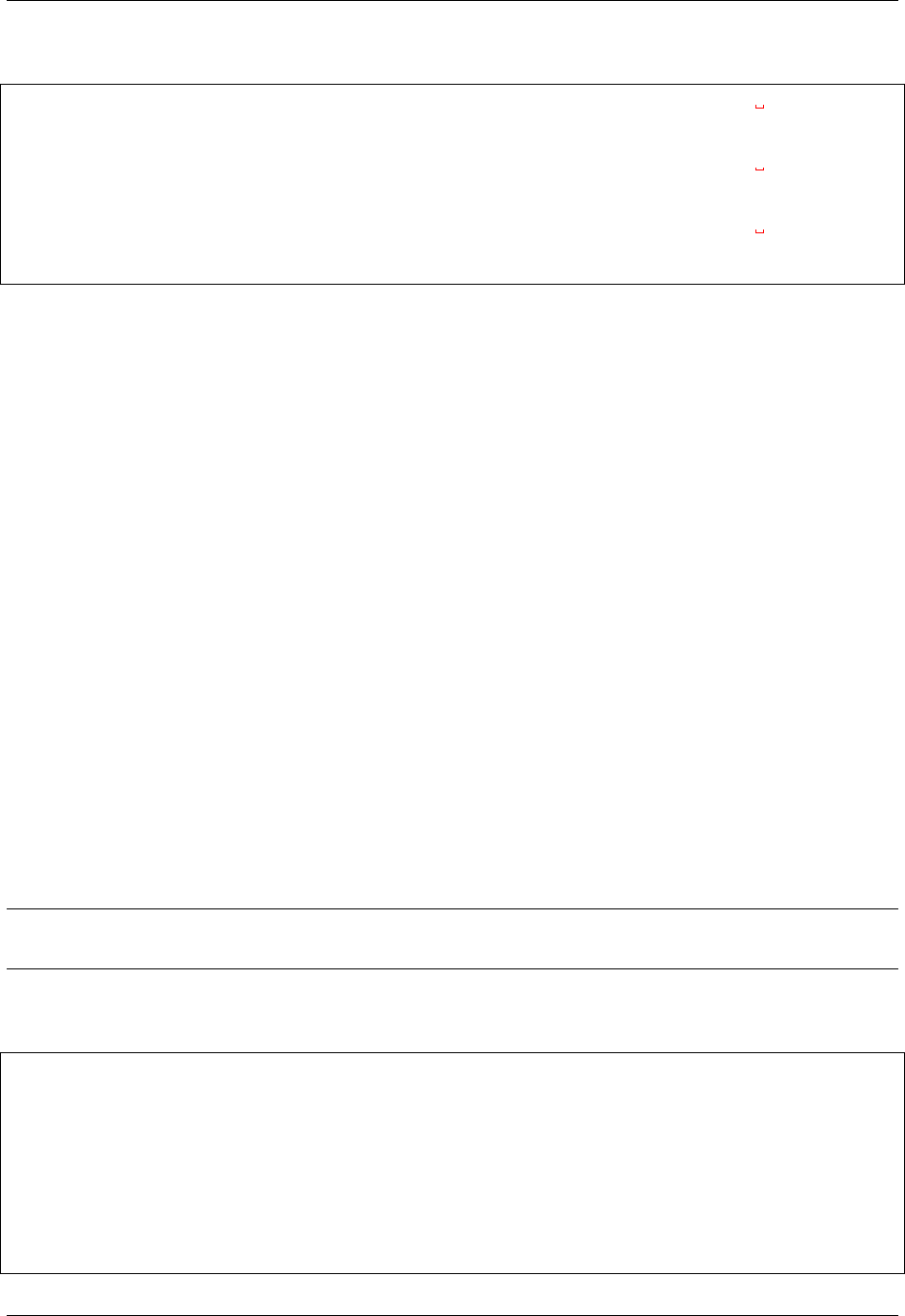
GeoServer User Manual, Release 2.15.1
log:
May 20,2009 6:11:06 PM org.geotools.data.gen.PreGeneralizedFeatureSource
,→logDistanceInfo
INFO: Using generalizsation: Streams_20 streams the_geom 20.0
May 20,2009 6:11:08 PM org.geotools.data.gen.PreGeneralizedFeatureSource
,→logDistanceInfo
INFO: Using generalizsation: Streams_10 streams the_geom 10.0
May 20,2009 6:11:12 PM org.geotools.data.gen.PreGeneralizedFeatureSource
,→logDistanceInfo
INFO: Using generalizsation: Streams_10 streams the_geom 10.0
17.14.5 Conclusion
This is only a very simple example using shape files. The plugin architecture allows you to get your data
and generalizations from anywhere. The used dataset is a very small one, so you will not feel a big differ-
ence in response time. Having big geometries (in the sense of many vertices) and creating maps with some
different layers will show the difference.
17.15 Setting up a JNDI connection pool with Tomcat
This tutorial walks the reader through the procedures necessary to setup a Oracle JNDI connection pool in
Tomcat 6 and how to retrieve it from GeoServer. In the last section other two examples of configuration are
described with PostGIS and SQLServer.
17.15.1 Tomcat setup
In order to setup a connection pool Tomcat needs a JDBC driver and the necessary pool configurations.
First off, you need to find the JDBC driver for your database. Most often it is distributed on the web site
of your DBMS provider, or available in the installed version of your database. For example, a Oracle XE
install on a Linux system provides the driver at /usr/lib/oracle/xe/app/oracle/product/10.2.
0/server/jdbc/lib/ojdbc14.jar, and that file needs to be moved into Tomcat shared libs directory,
TOMCAT_HOME/lib
Note: be careful to remove the jdbc driver from the GeoServer WEB-INF/lib folder when copied to the
Tomcat shared libs, to avoid issues in JNDI DataStores usage.
Once that is done, the Tomcat configuration file TOMCAT_HOME/conf/context.xml needs to be edited
in order to setup the connection pool. In the case of a local Oracle XE the setup might look like:
<Context>
...
<Resource name="jdbc/oralocal"
auth="Container"
type="javax.sql.DataSource"
driverClassName="oracle.jdbc.driver.OracleDriver"
url="jdbc:oracle:thin:@localhost:1521:xe"
username="xxxxx" password="xxxxxx"
maxActive="20"
initialSize="0"
2048 Chapter 17. Tutorials
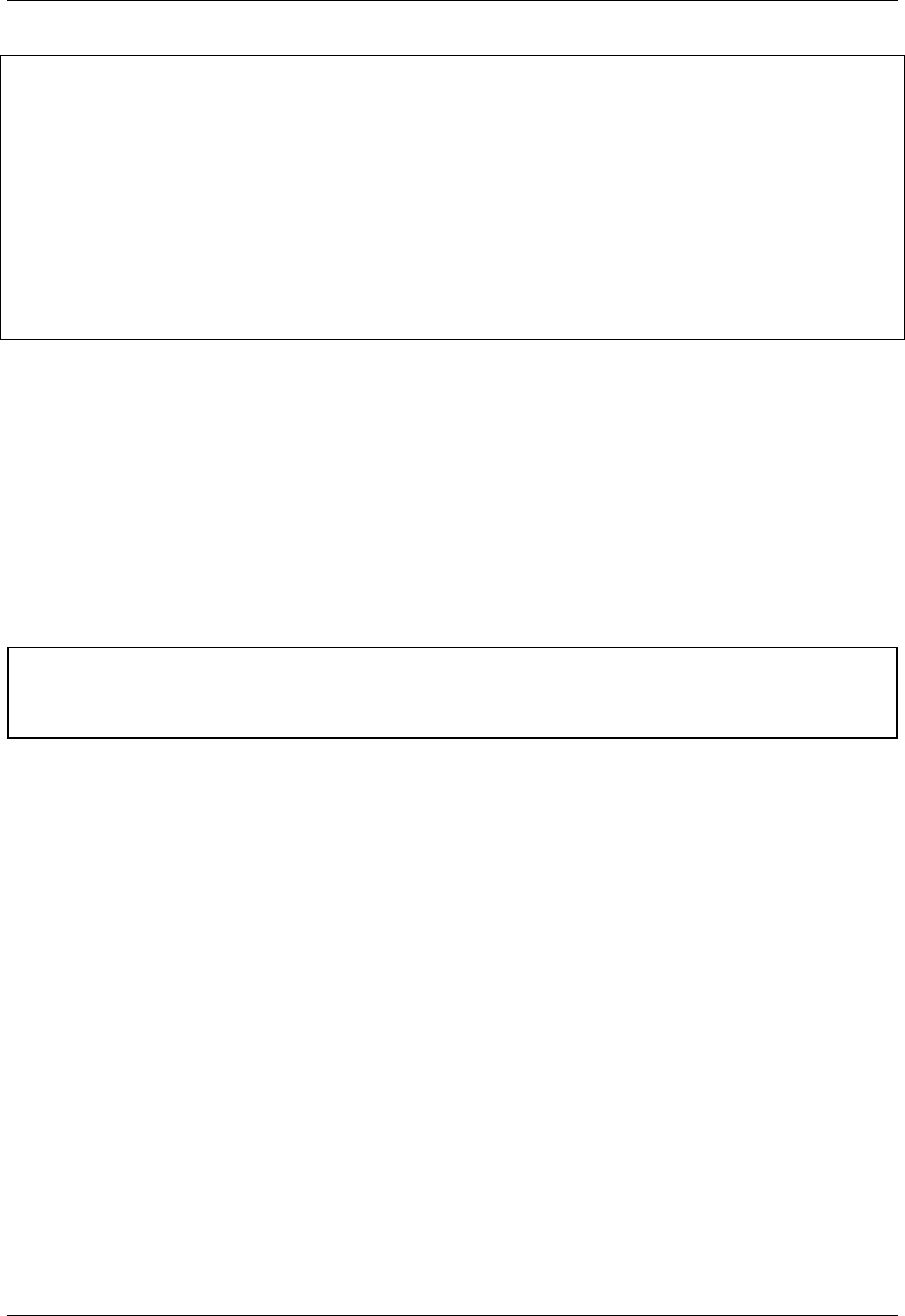
GeoServer User Manual, Release 2.15.1
minIdle="0"
maxIdle="8"
maxWait="10000"
timeBetweenEvictionRunsMillis="30000"
minEvictableIdleTimeMillis="60000"
testWhileIdle="true"
poolPreparedStatements="true"
maxOpenPreparedStatements="100"
validationQuery="SELECT SYSDATE FROM DUAL"
maxAge="600000"
rollbackOnReturn="true"
/>
</Context>
The example sets up a connection pool connecting to the local Oracle XE instance. The pool configuration
shows is quite full fledged:
• at most 20 active connections (max number of connection that will ever be used in parallel)
• at most 3 connections kept in the pool unused
• prepared statement pooling (very important for good performance)
• at most 100 prepared statements in the pool
• a validation query that double checks the connection is still alive before actually using it (this is not
necessary if there is guarantee the connections will never drop, either due to the server forcefully
closing them, or to network/maintenance issues).
Warning: Modify following settings only if you really know what you are doing. Using too low val-
ues for removedAbandonedTimeout and minEvictableIdleTimeMillis may result in connection
failures, if so try to setup logAbandoned to true and check your catalina.out log file.
Other parameters to setup connection pool:
• timeBetweenEvictionRunsMillis (default -1) The number of milliseconds to sleep between runs of the
idle object evictor thread. When non-positive, no idle object evictor thread will be run.
• numTestsPerEvictionRun (default 3) The number of objects to examine during each run of the idle
object evictor thread (if any).
• minEvictableIdleTimeMillis (default 1000 * 60 * 30) The minimum amount of time an object may sit
idle in the pool before it is eligable for eviction by the idle object evictor (if any).
• removeAbandoned (default false) Flag to remove abandoned connections if they exceed the removeA-
bandonedTimout. If set to true a connection is considered abandoned and eligible for removal if it has
been idle longer than the removeAbandonedTimeout. Setting this to true can recover db connections
from poorly written applications which fail to close a connection.
• removeAbandonedTimeout (default 300) Timeout in seconds before an abandoned connection can be
removed.
• logAbandoned (default false) Flag to log stack traces for application code which abandoned a State-
ment or Connection.
For more information about the possible parameters and their values refer to the DBCP documentation.
17.15. Setting up a JNDI connection pool with Tomcat 2049
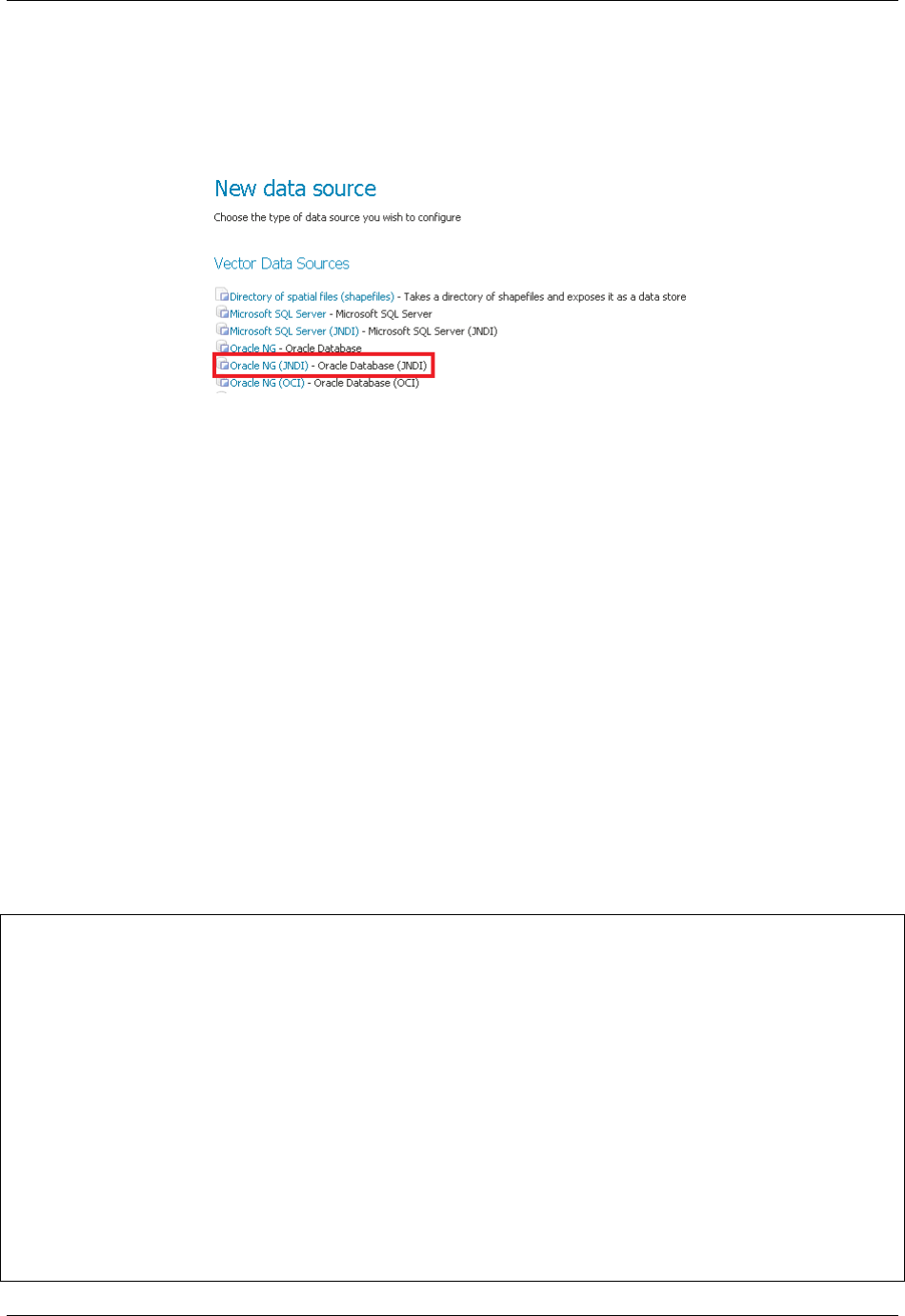
GeoServer User Manual, Release 2.15.1
17.15.2 GeoServer setup
Login into the GeoServer web administration interface and configure the datastore.
First, choose the Oracle (JNDI) datastore and give it a name:
Fig. 17.32: Choosing a JNDI enabled datastore
Then, configure the connection parameters so that the JNDI path matches the one specified in the Tomcat
configuration:
When you are doing this, make sure the schema is properly setup, or the datastore will list all the tables it
can find in the schema it can access. In the case of Oracle the schema is usually the user name, upper cased.
Once the datastore is accepted the GeoServer usage proceeds as normal.
17.15.3 Other examples
Configuring a PostgreSQL connection pool
In this example a PostgreSQL connection pool will be configured.
For configuring the JNDI pool you need to remove the Postgres JDBC driver (it should be named
postgresql-X.X-XXX.jdbc3.jar) from the GeoServer WEB-INF/lib folder and put it into the
TOMCAT_HOME/lib folder.
Then the following code must be written in the Tomcat configuration file TOMCAT_HOME/conf/context.
xml
<Context>
<Resource name="jdbc/postgres"
auth="Container"
type="javax.sql.DataSource"
driverClassName="org.postgresql.Driver"
url="jdbc:postgresql://localhost:5432/test"
username="xxxxx" password="xxxxxx"
maxActive="20"
initialSize="0"
minIdle="0"
maxIdle="8"
maxWait="10000"
timeBetweenEvictionRunsMillis="30000"
minEvictableIdleTimeMillis="60000"
testWhileIdle="true"
validationQuery="SELECT 1"
maxAge="600000"
2050 Chapter 17. Tutorials
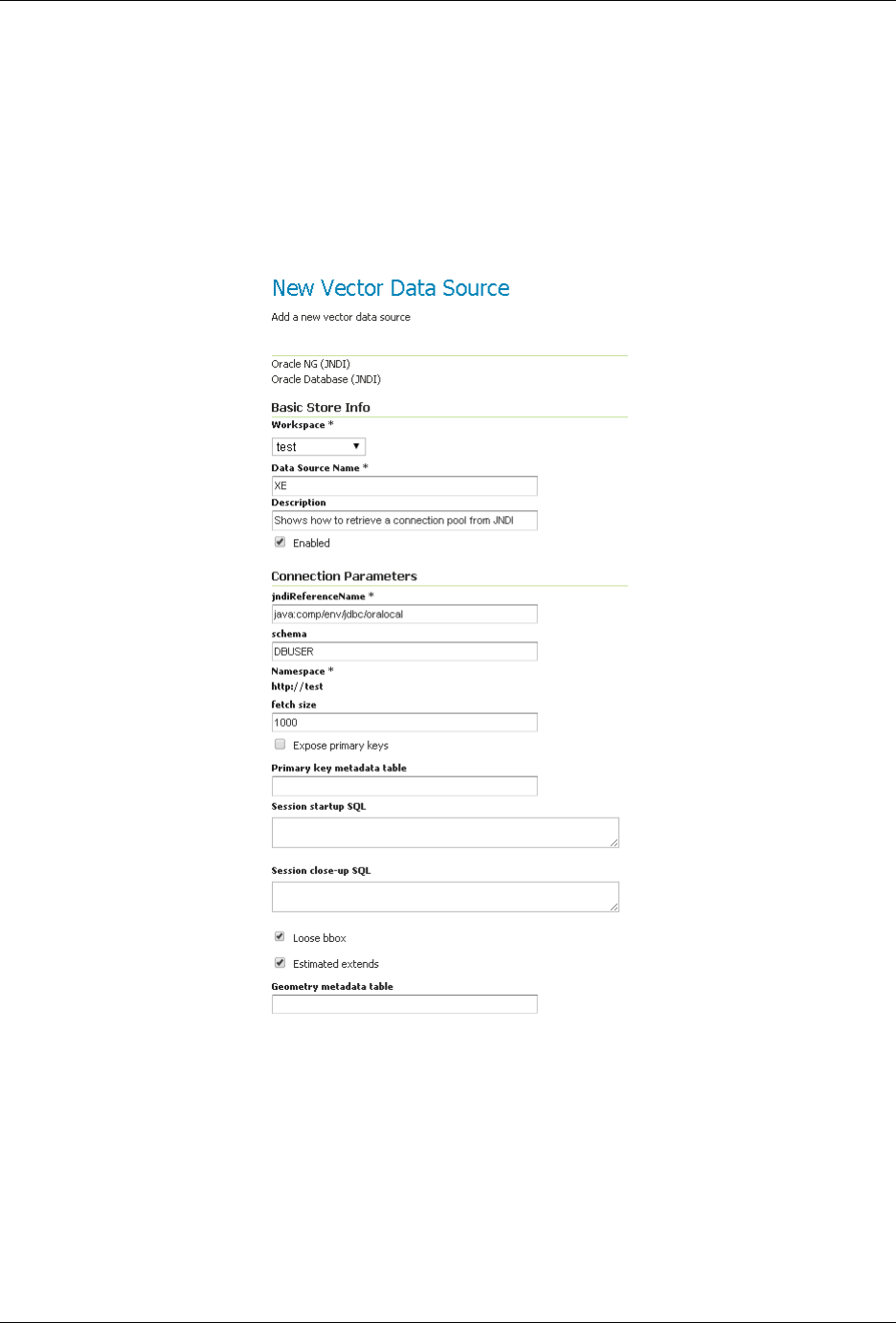
GeoServer User Manual, Release 2.15.1
Fig. 17.33: Configuring the JNDI connection
17.15. Setting up a JNDI connection pool with Tomcat 2051
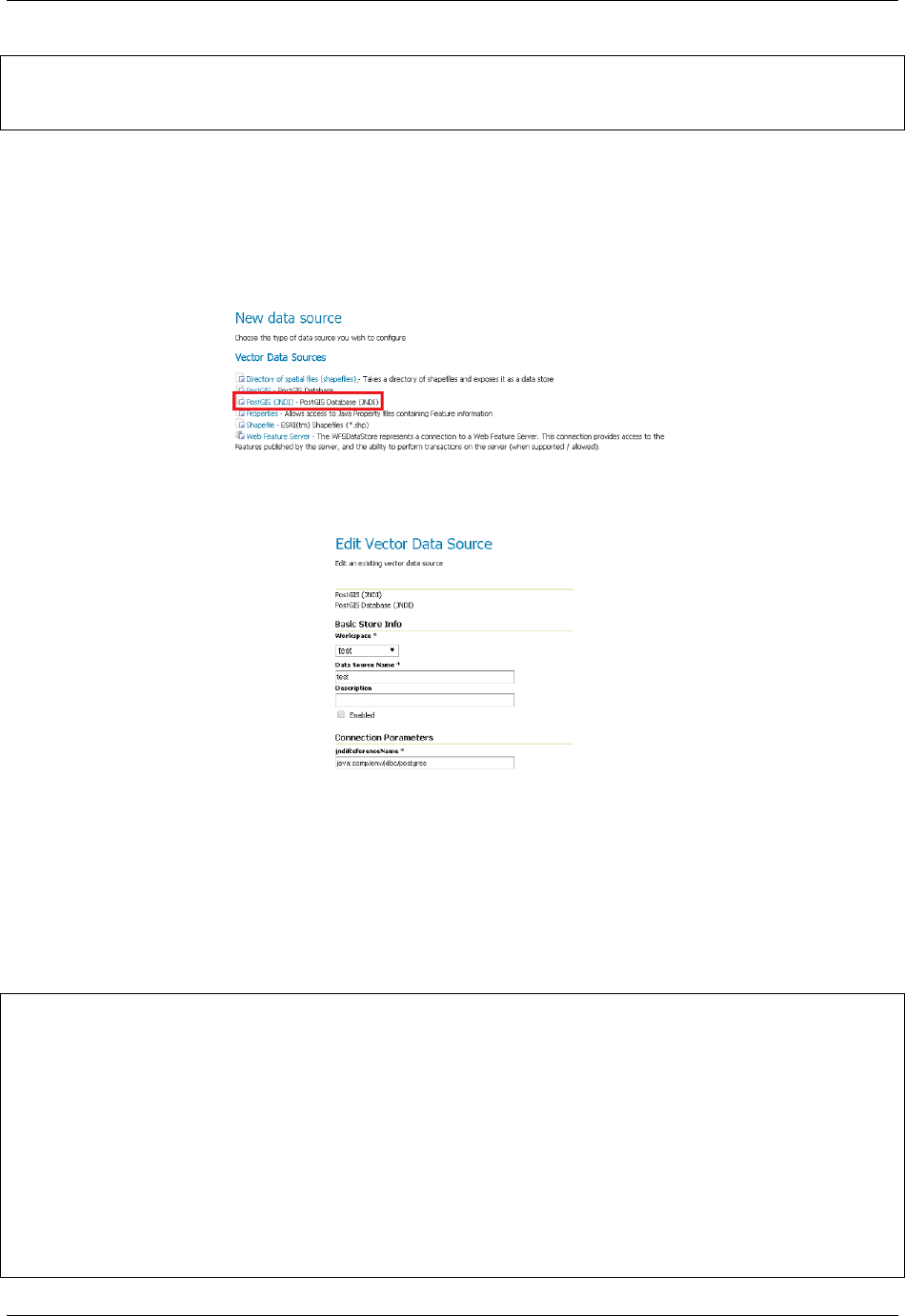
GeoServer User Manual, Release 2.15.1
rollbackOnReturn="true"
/>
</Context>
GeoServer setup
Login into the GeoServer web administration interface.
First, choose the PostGIS (JNDI) datastore and give it a name:
Then configure the associated params:
Configuring a SQLServer connection pool
For configuring the connection pool for SQLServer you need to configure the SQLServer drivers as ex-
plained in the Microsoft SQL Server section and put the jar file into the TOMCAT_HOME/lib folder.
Then the following code must be written in the Tomcat configuration file TOMCAT_HOME/conf/context.
xml
<Context>
...
<Resource name="jdbc/sqlserver"
auth="Container"
type="javax.sql.DataSource"
driverClassName="com.microsoft.sqlserver.jdbc.SQLServerDriver"
url="jdbc:sqlserver://localhost:1433;databaseName=test;user=admin;
,→password=admin;"
username="admin" password="admin"
maxActive="20"
initialSize="0"
minIdle="0"
maxIdle="8"
2052 Chapter 17. Tutorials
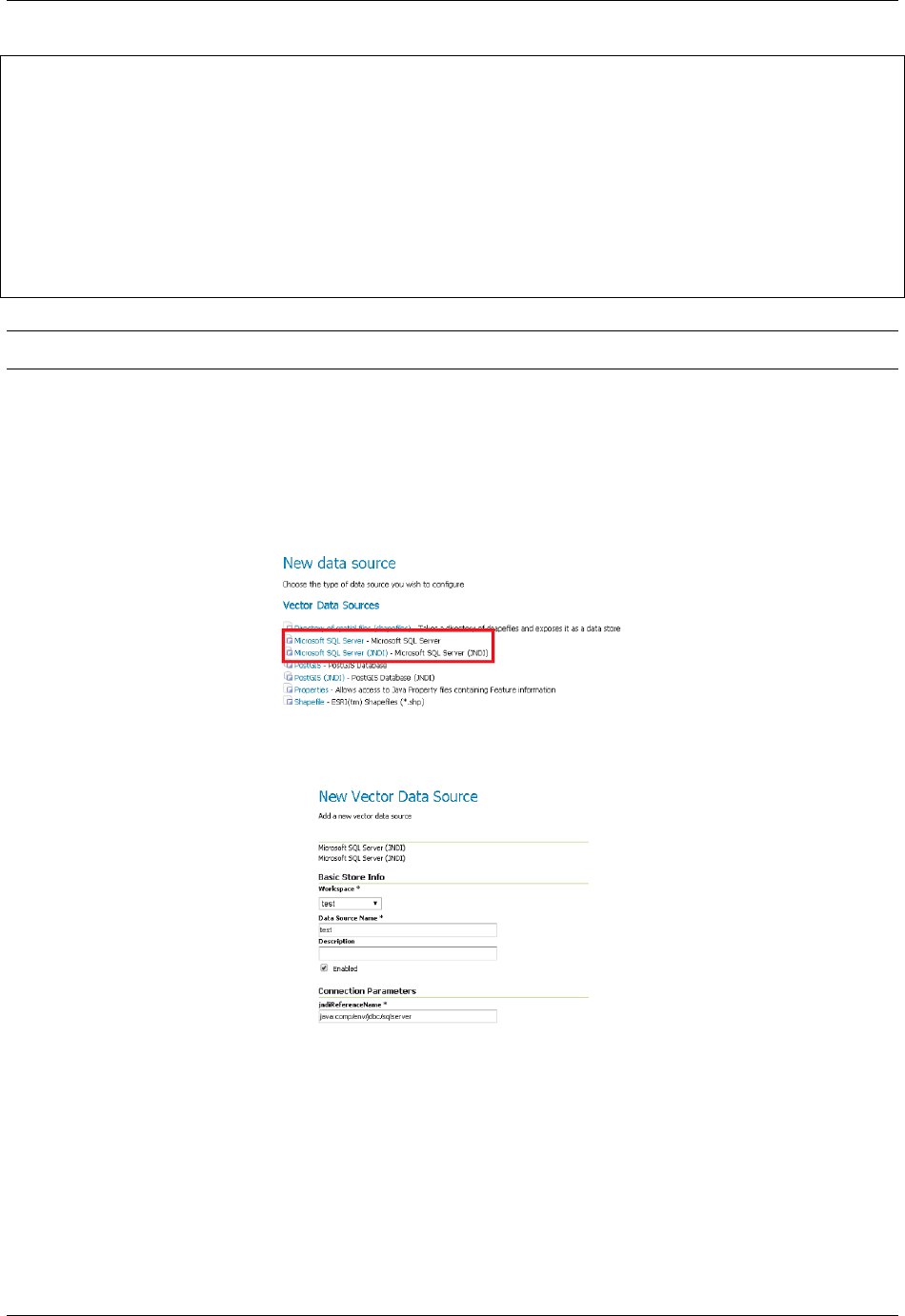
GeoServer User Manual, Release 2.15.1
maxWait="10000"
timeBetweenEvictionRunsMillis="30000"
minEvictableIdleTimeMillis="60000"
testWhileIdle="true"
poolPreparedStatements="true"
maxOpenPreparedStatements="100"
validationQuery="SELECT SYSDATE FROM DUAL"
maxAge="600000"
rollbackOnReturn="true"
/>
</Context>
Note: Note that database name, username and password must be defined directly in the URL.
GeoServer setup
Login into the GeoServer web administration interface.
First, choose the Microsoft SQL Server (JNDI) datastore and give it a name:
Then configure the associated params:
17.16 geoserver on JBoss
This tutorial documents how to install various versions of geoserver onto various versions of JBoss.
17.16.1 geoserver 2.7.0 on JBoss AS 5.1
To install geoserver onto JBoss AS 5.1, the following is required:
17.16. geoserver on JBoss 2053
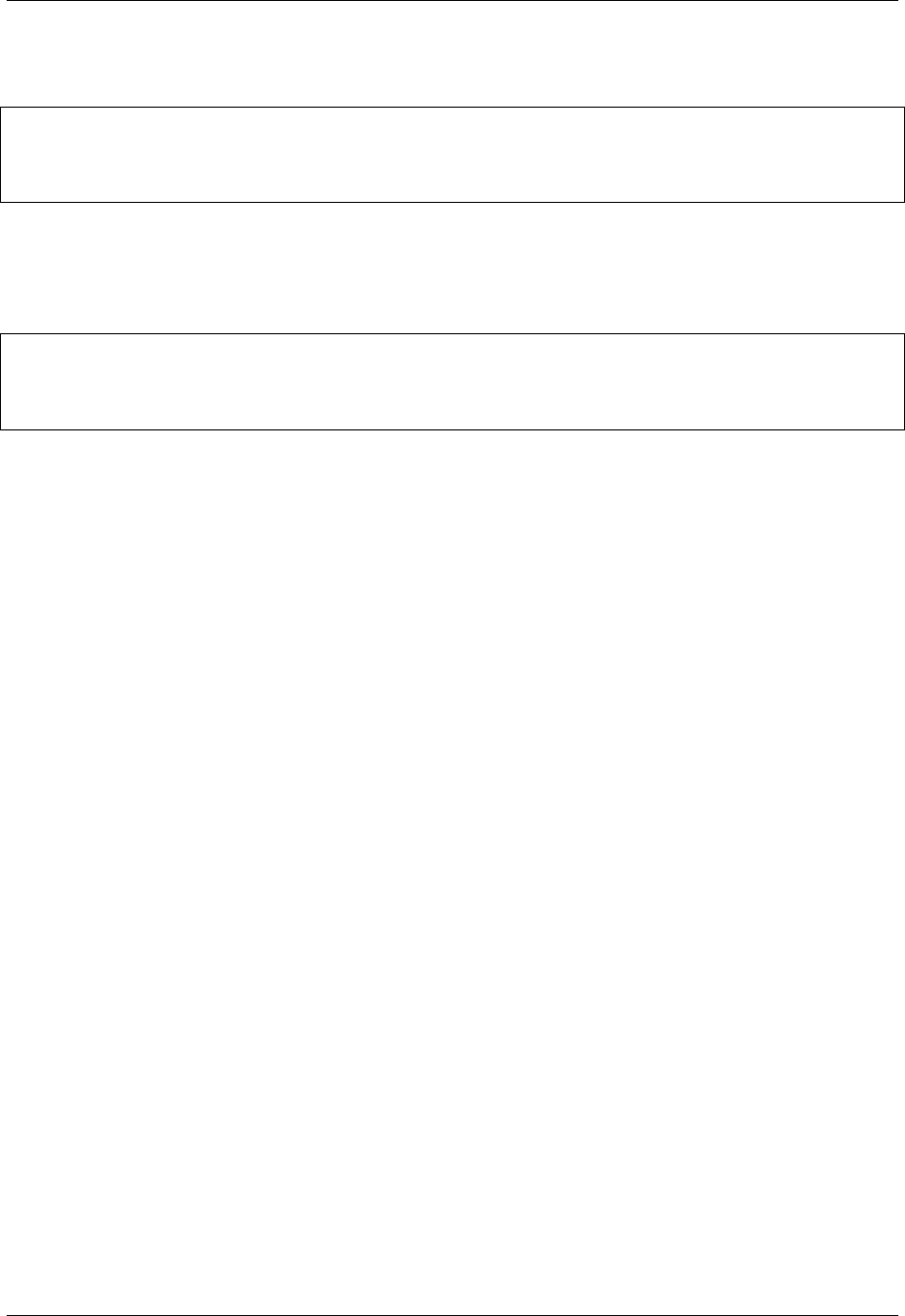
GeoServer User Manual, Release 2.15.1
1. Create the file jboss-classloading.xml with the following content then copy it into the WEB-INF
directory in the geoserver.war:
<classloading xmlns="urn:jboss:classloading:1.0"
name="geoserver.war"
domain="GeoServerDomain">
</classloading>
2. Extract the hsqldb-2.2.8.jar file from the WEB-INF/lib directory from the geoserver.war and
copy it as hsqldb.jar to the common/lib directory in the JBoss deployment.
3. Add the following text to the WEB-INF/web.xml file in the geoserver.war so that JBoss logging does
not end up in the geoserver.log:
<context-param>
<param-name>RELINQUISH_LOG4J_CONTROL</param-name>
<param-value>true</param-value>
</context-param>
2054 Chapter 17. Tutorials


